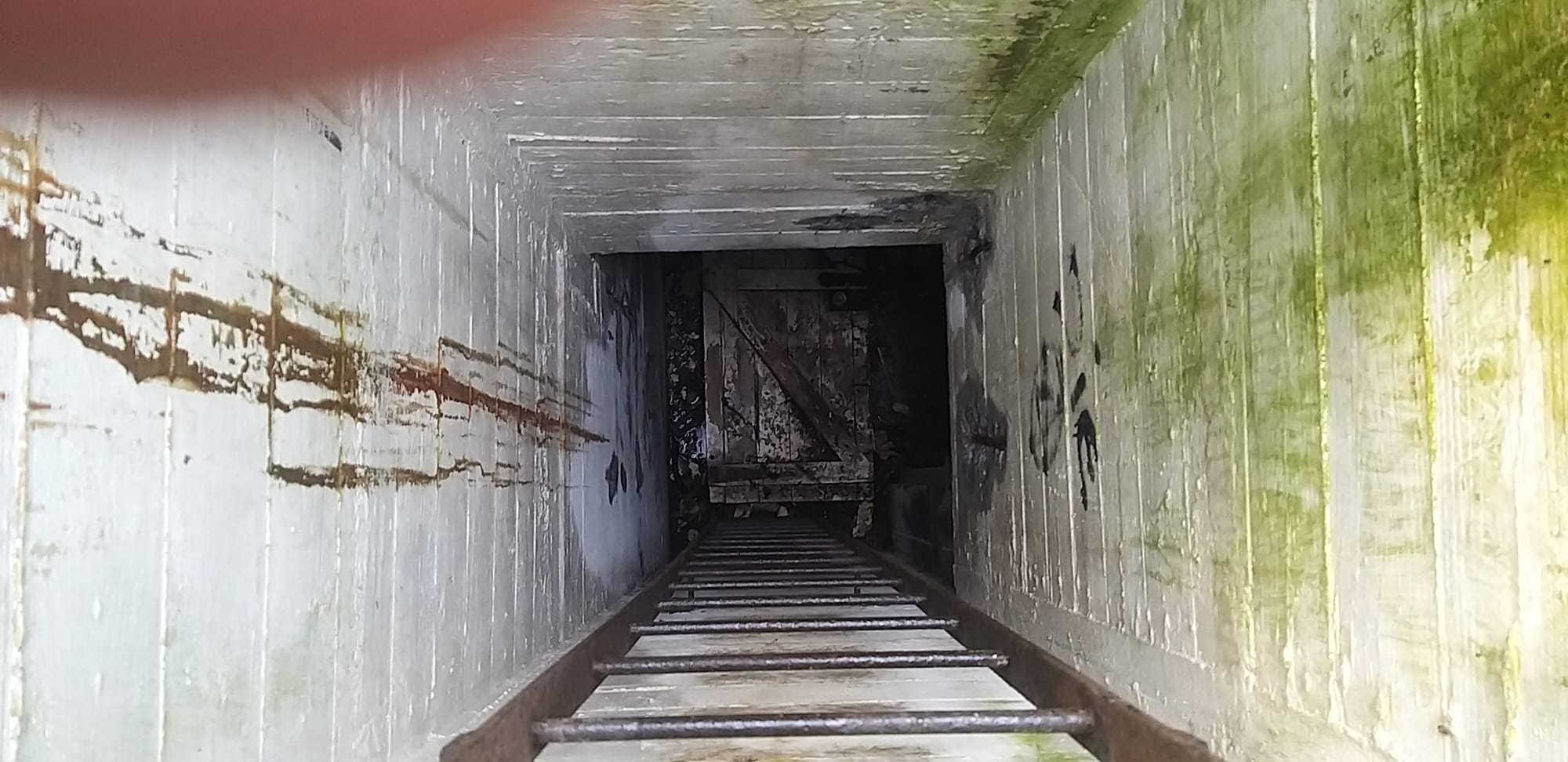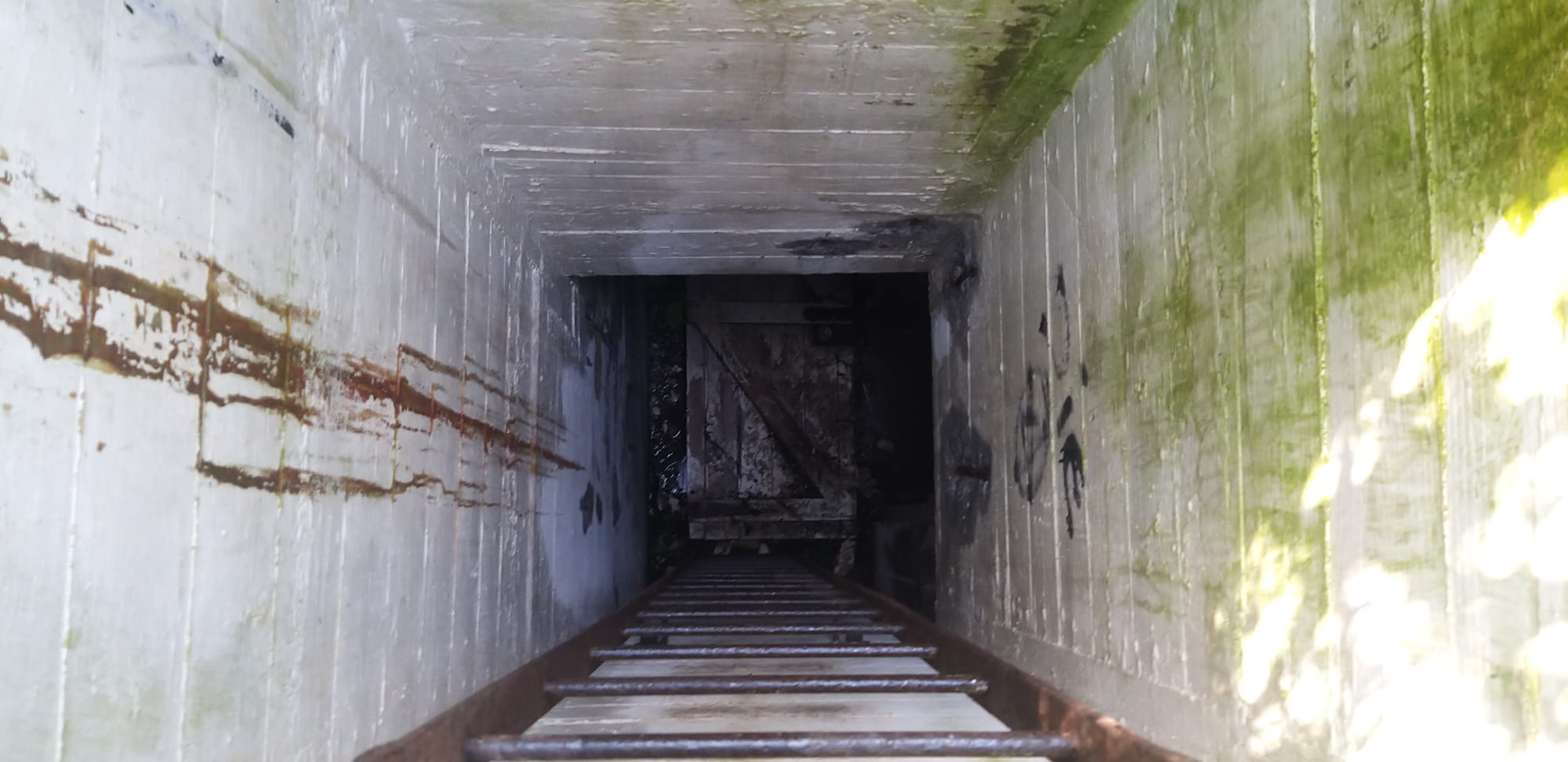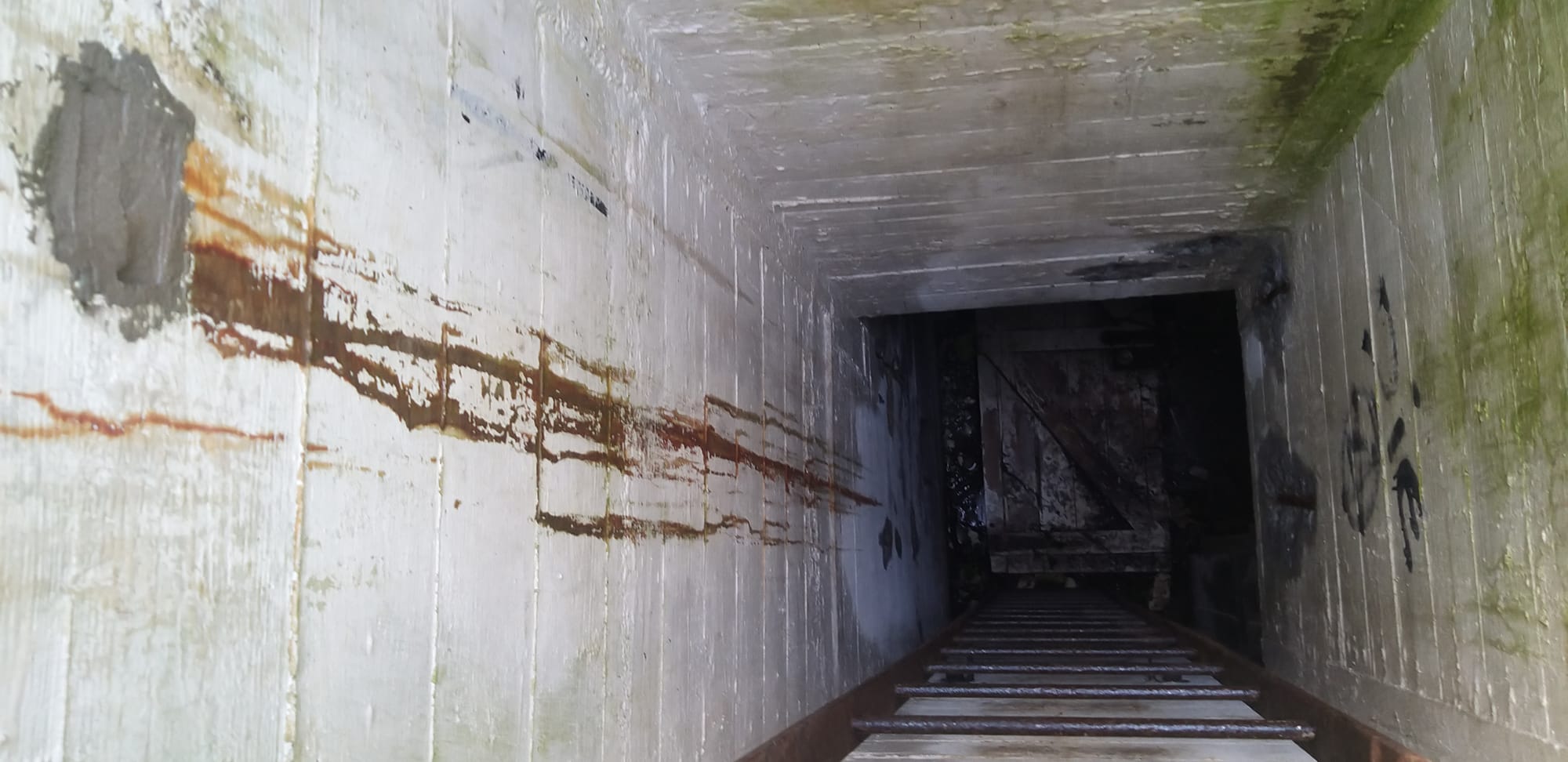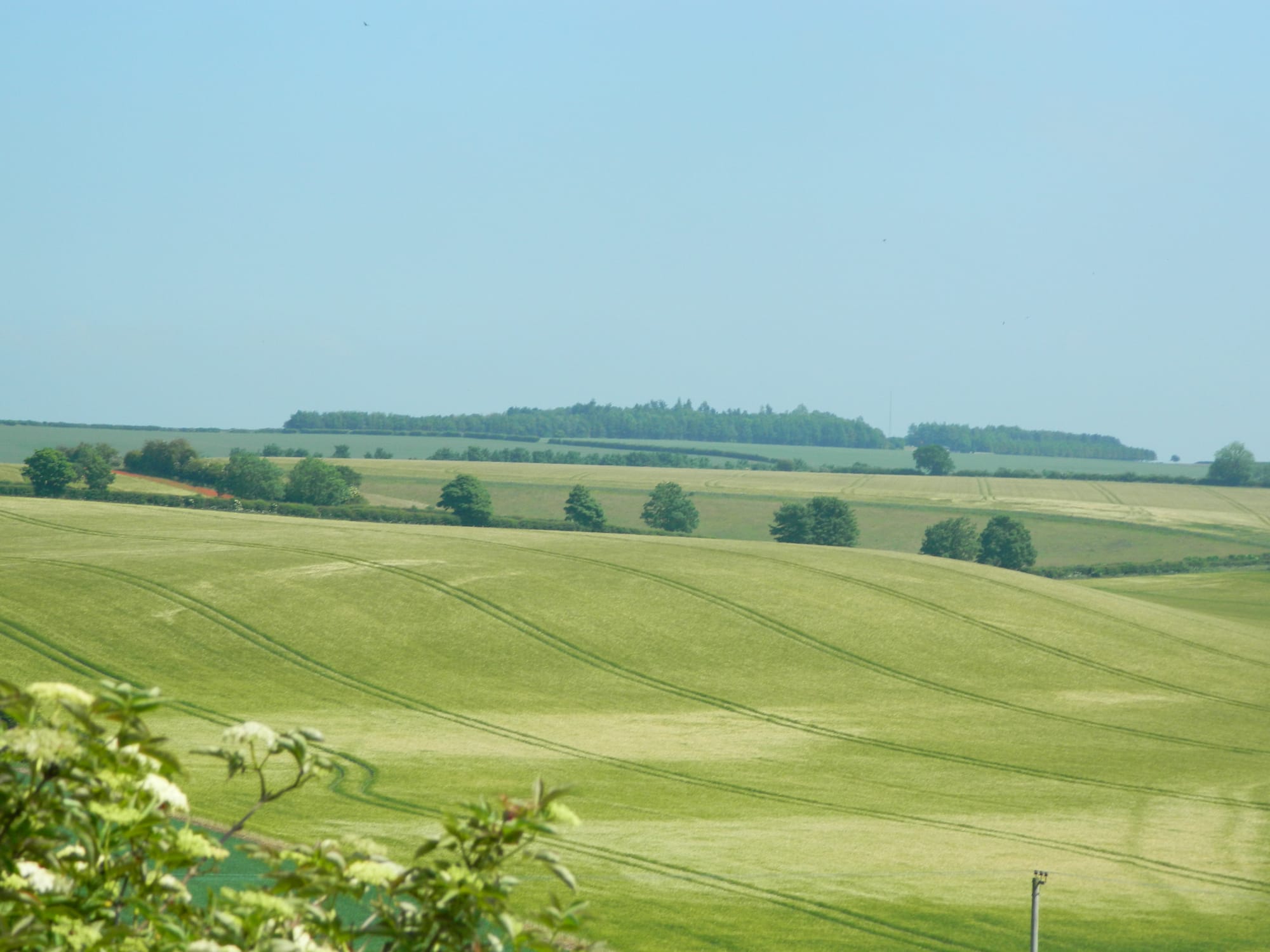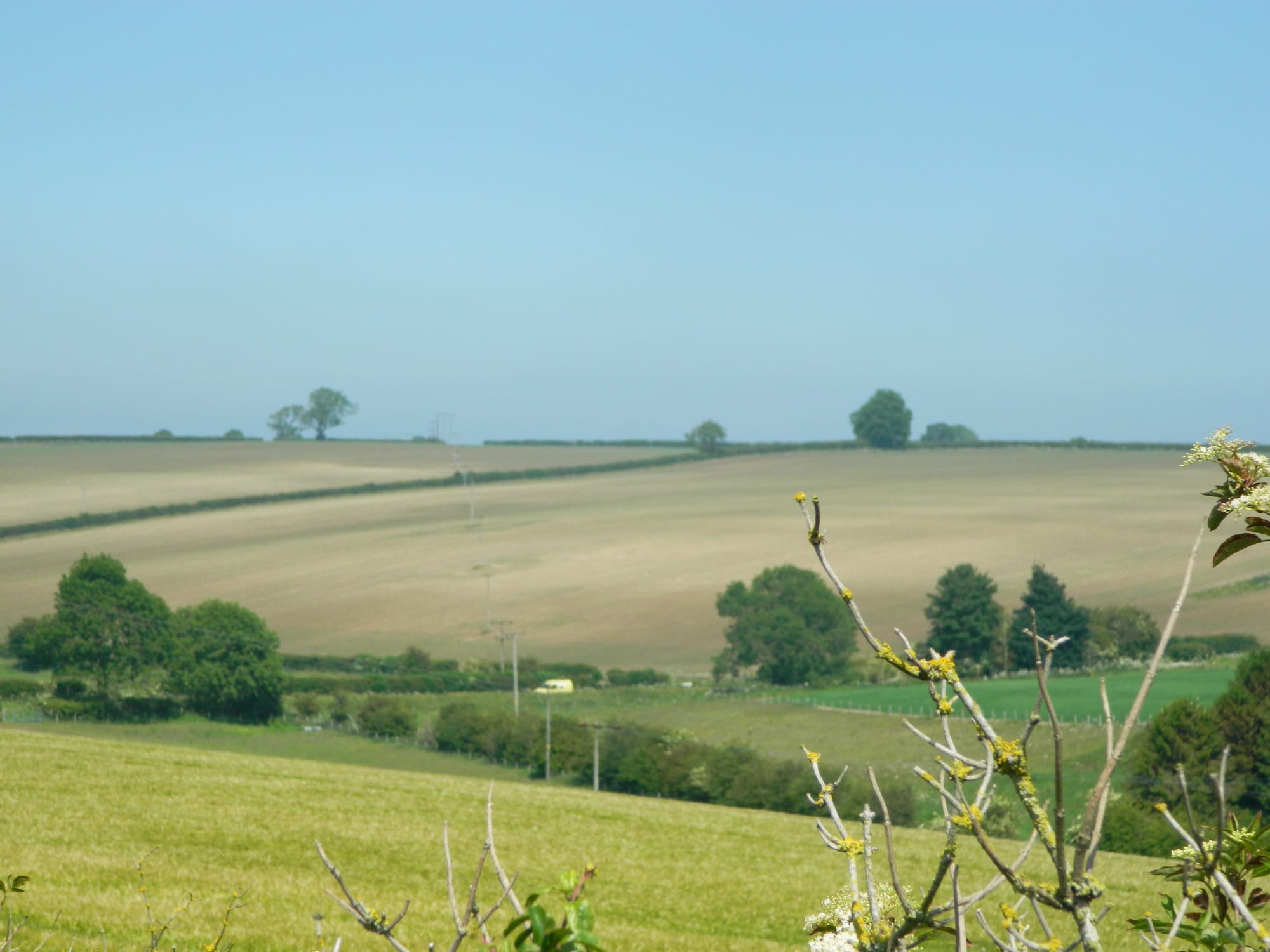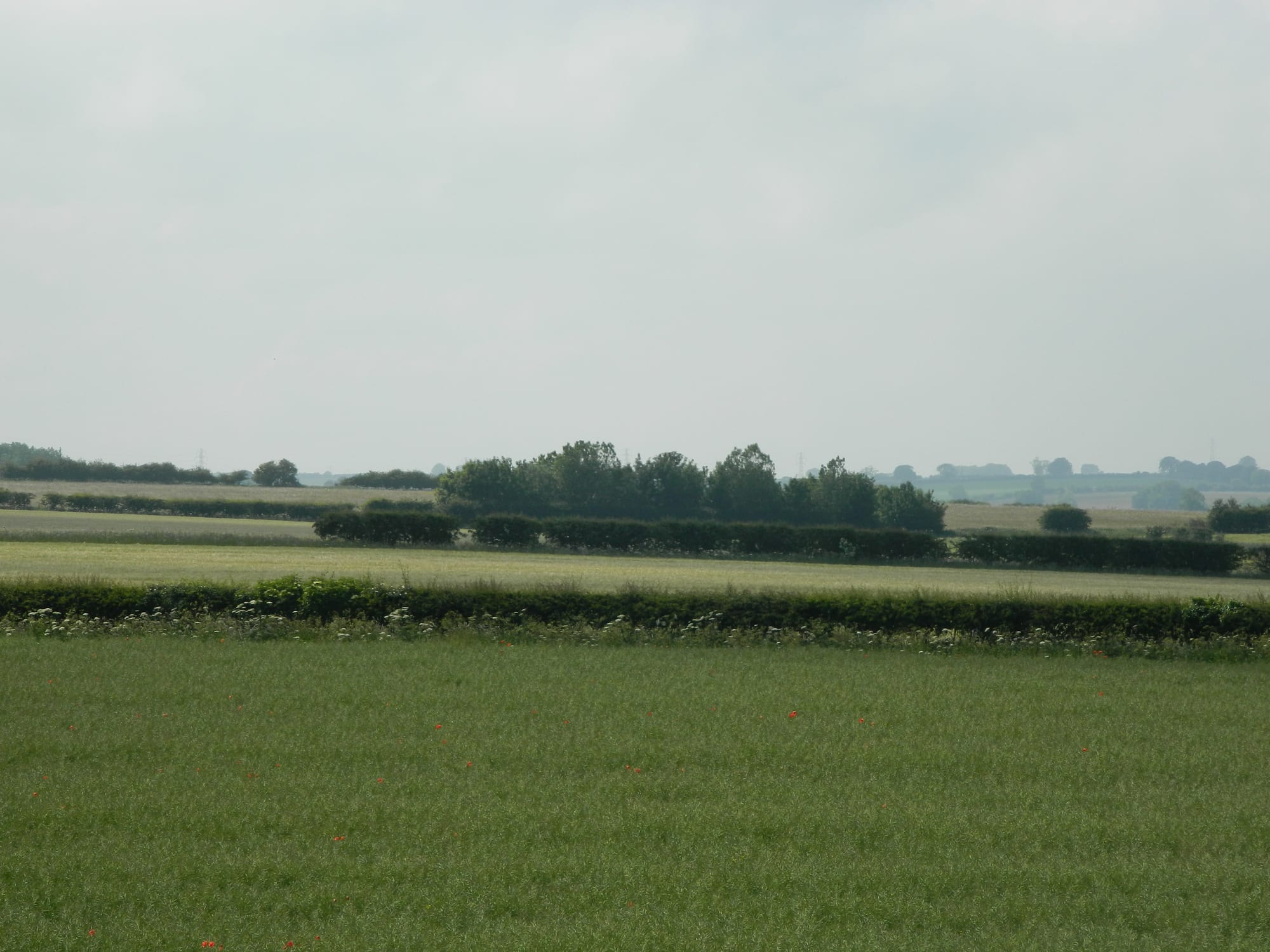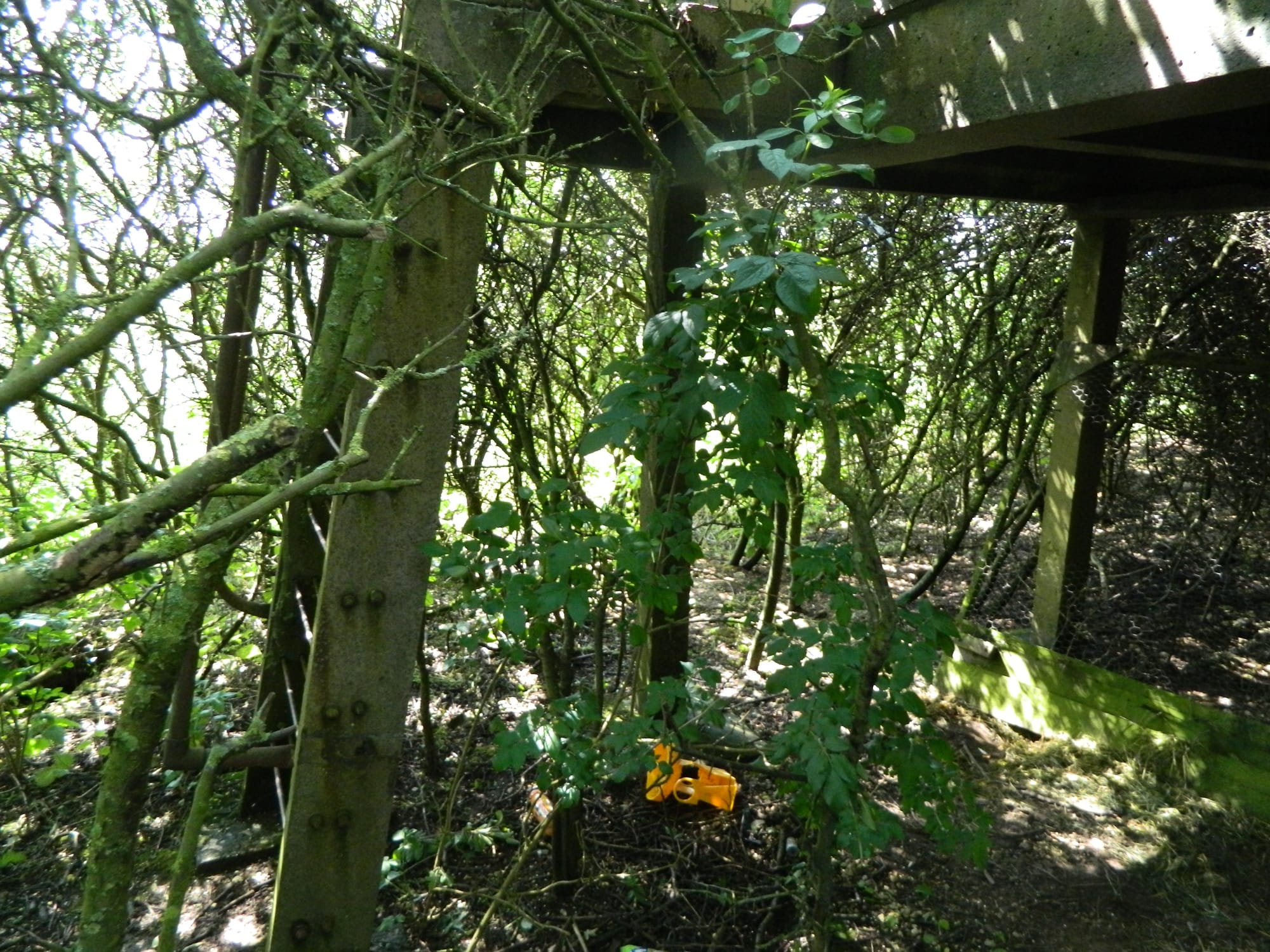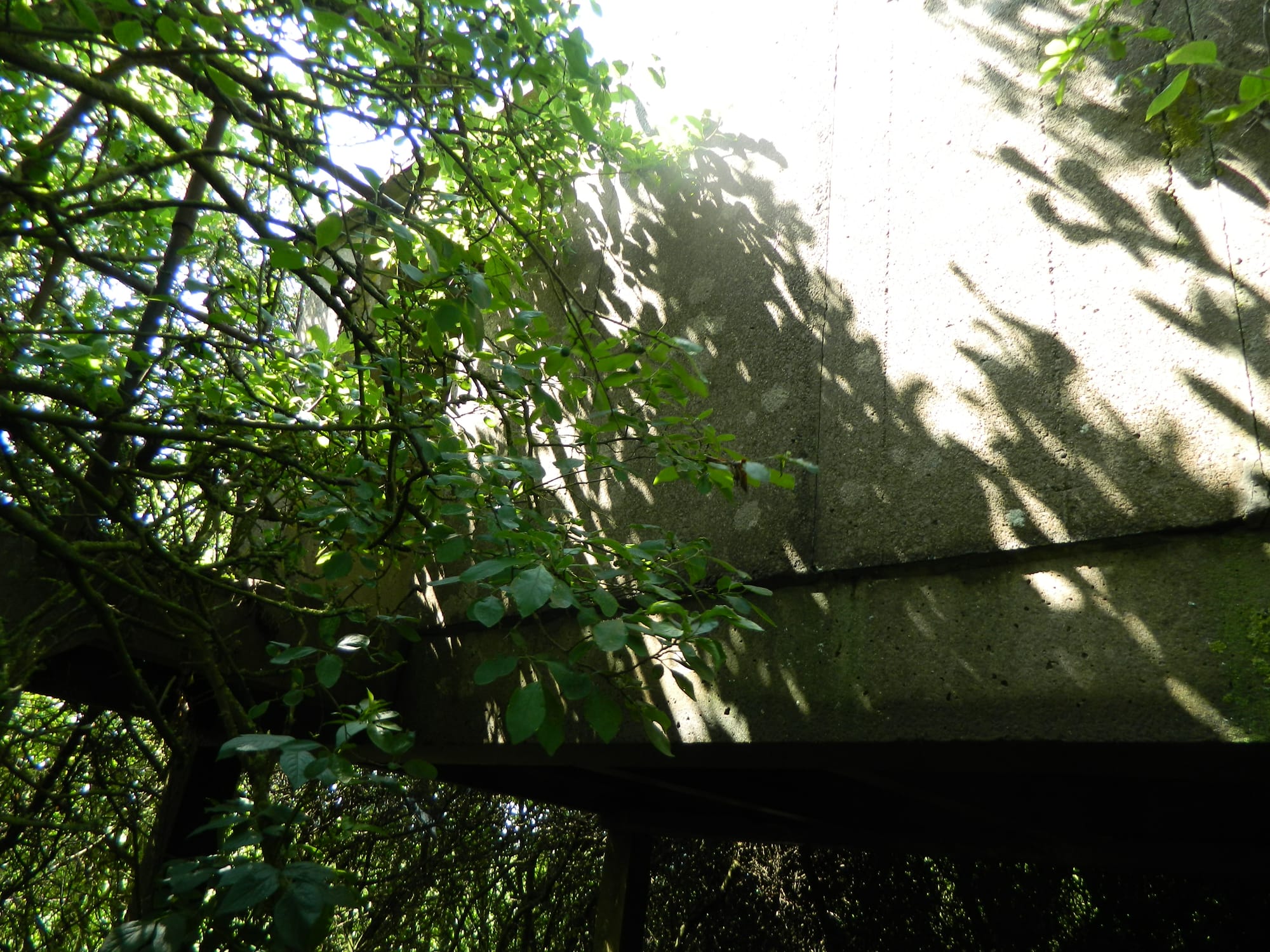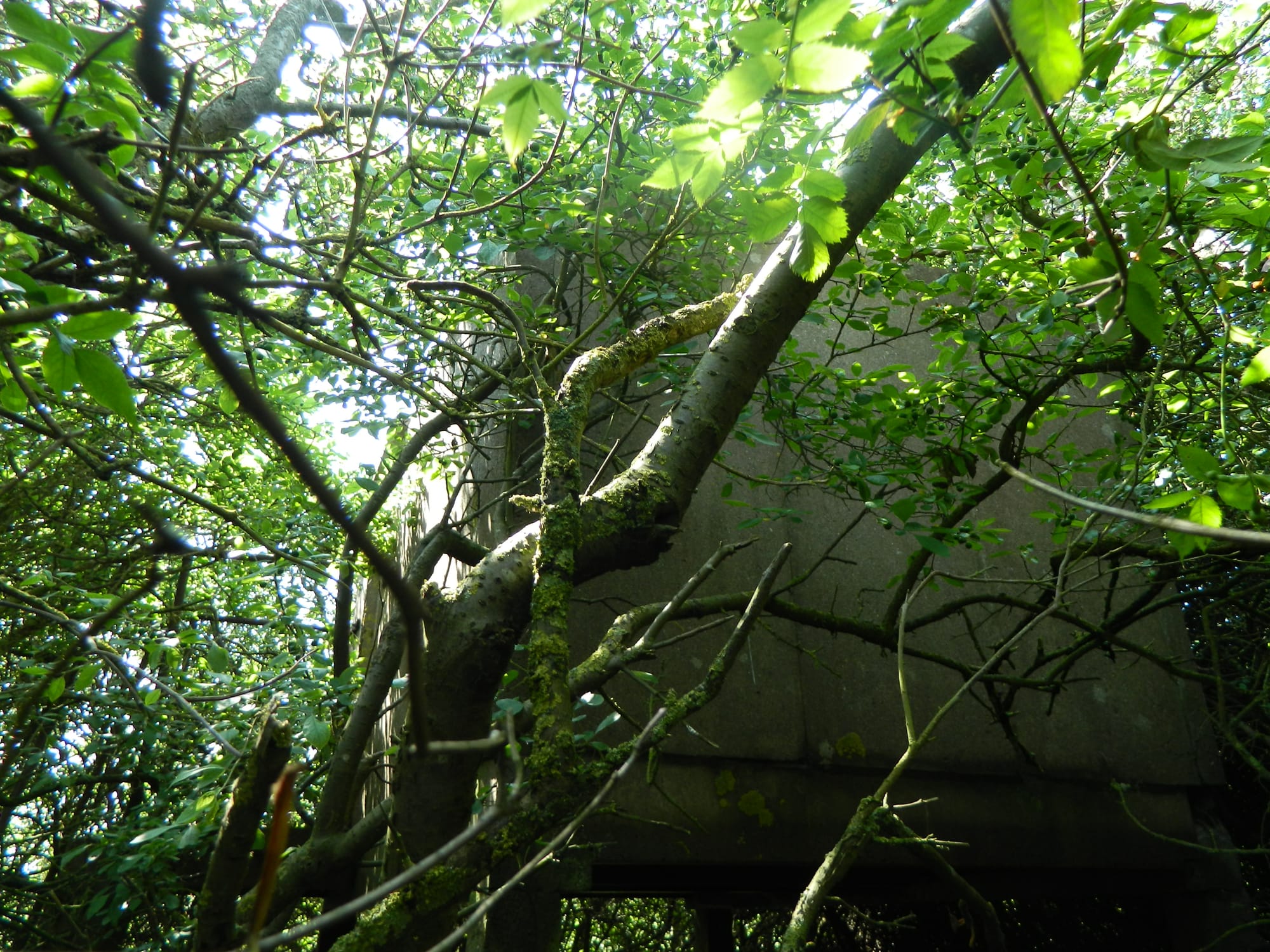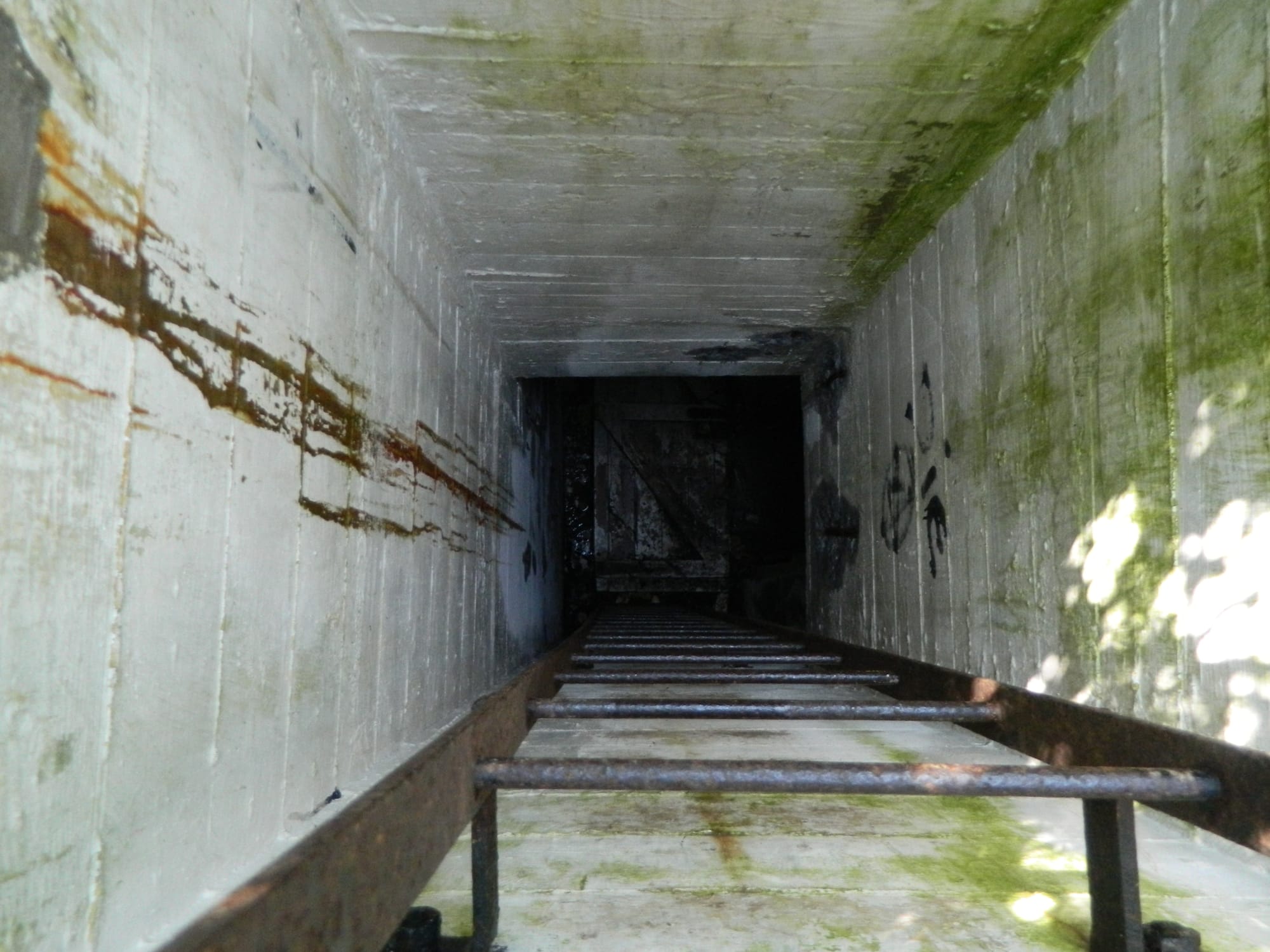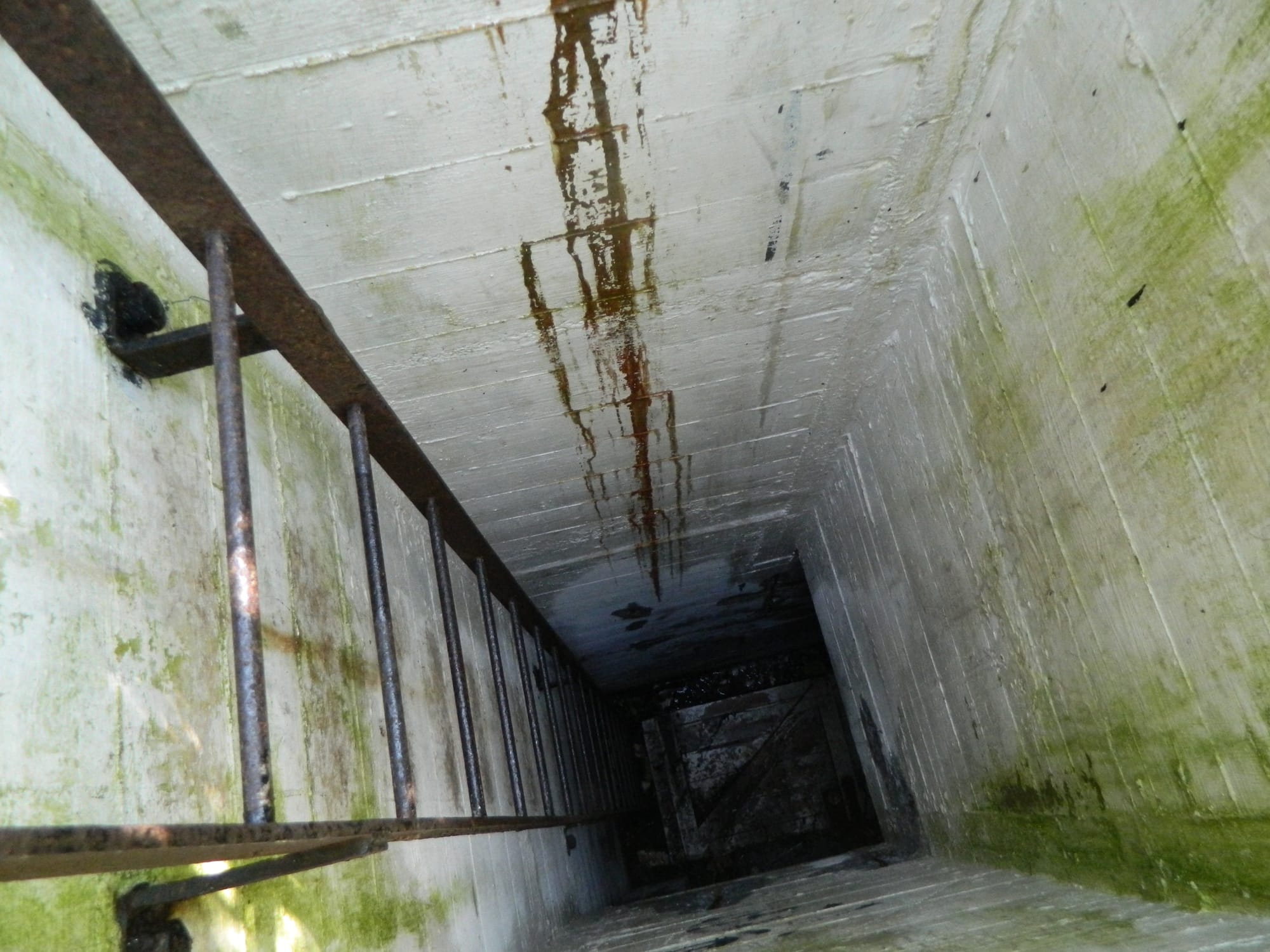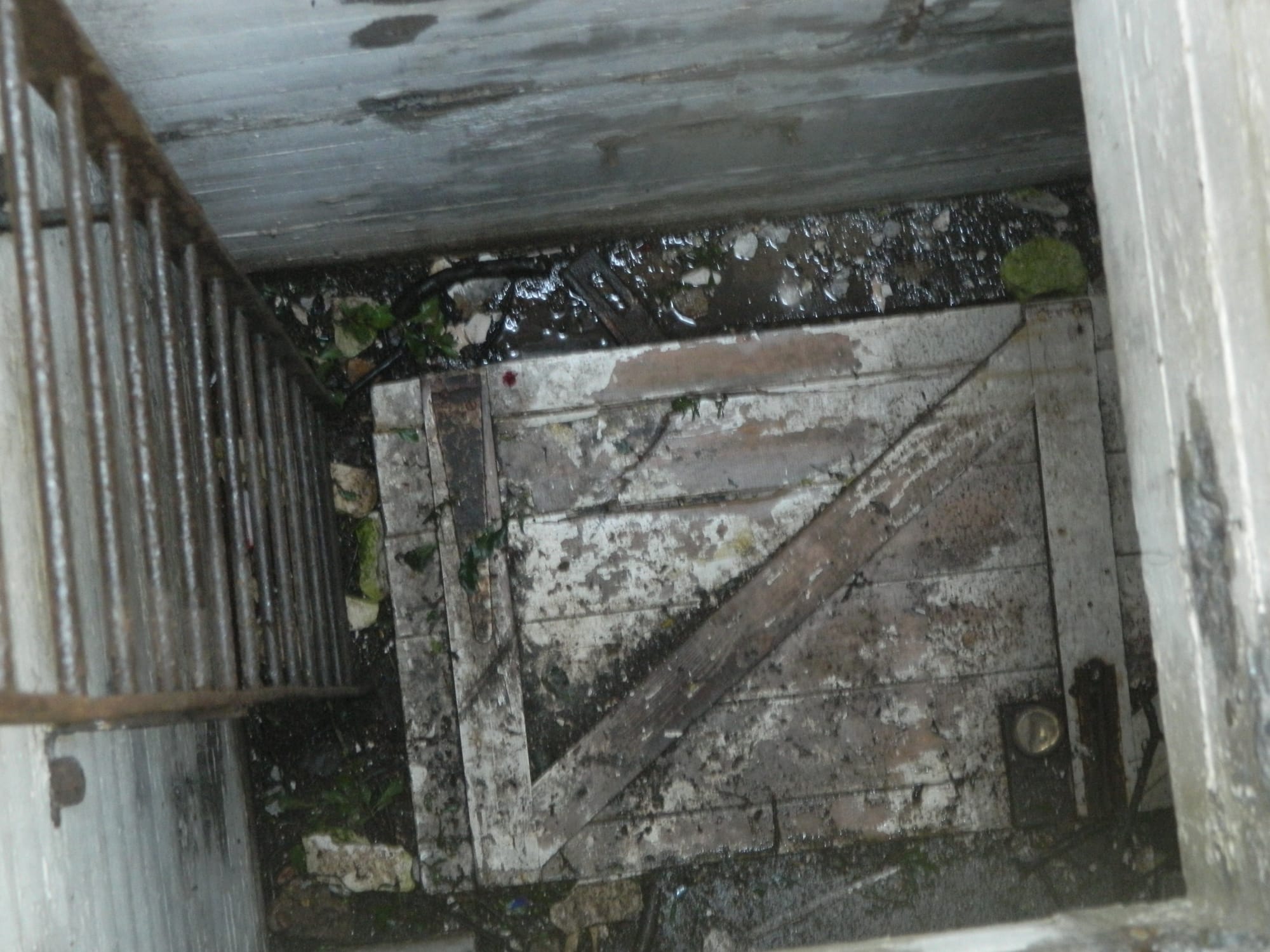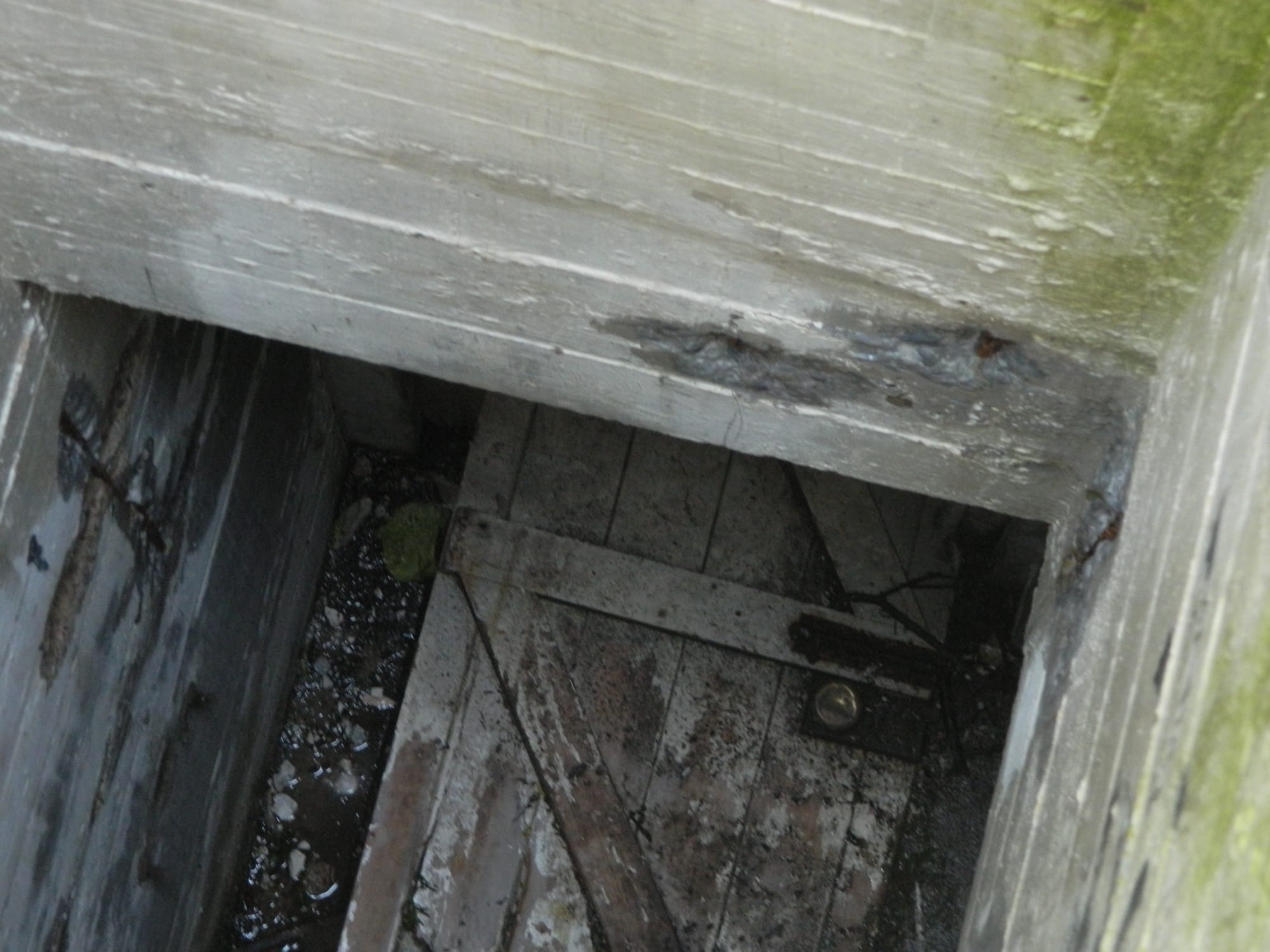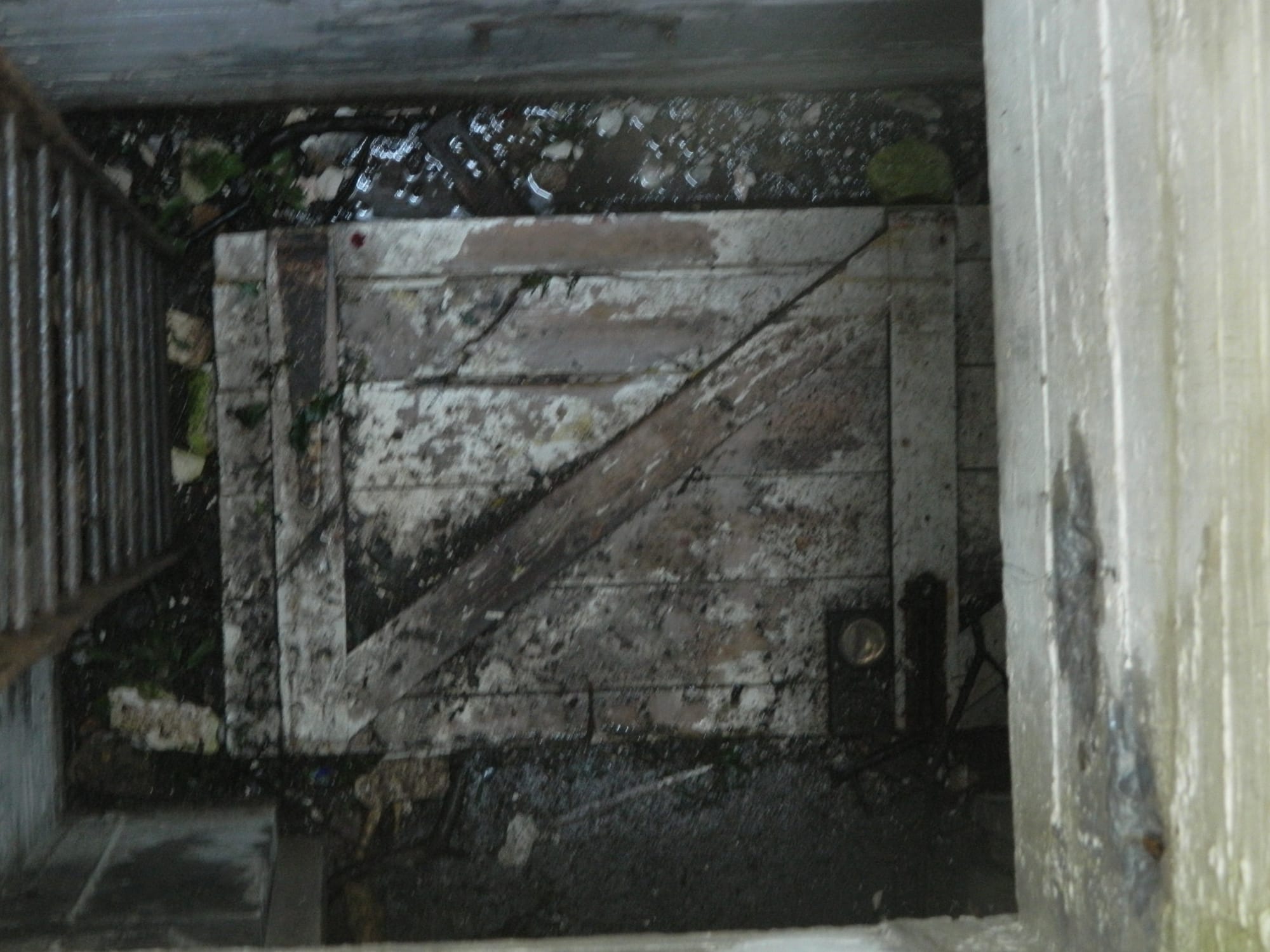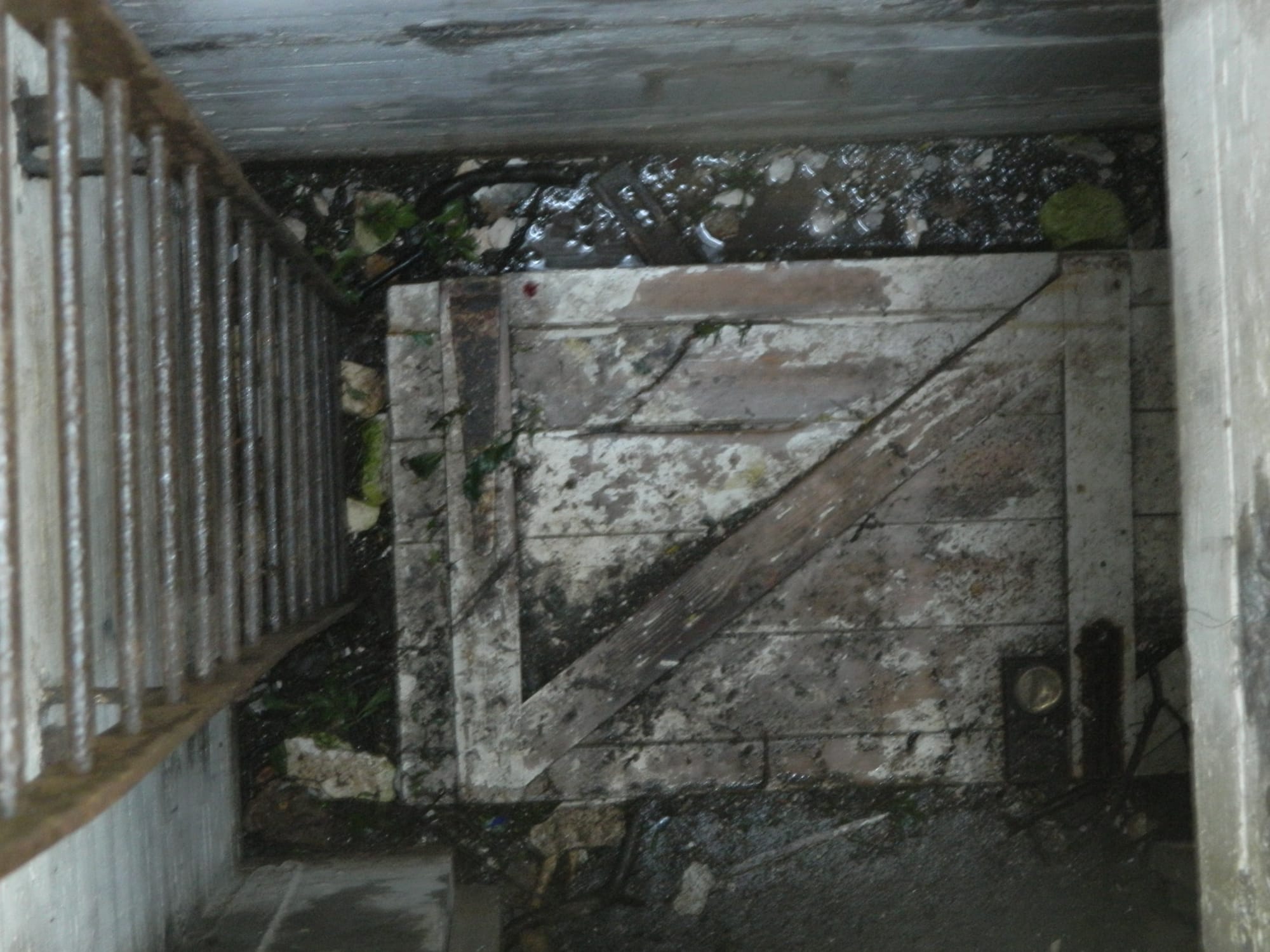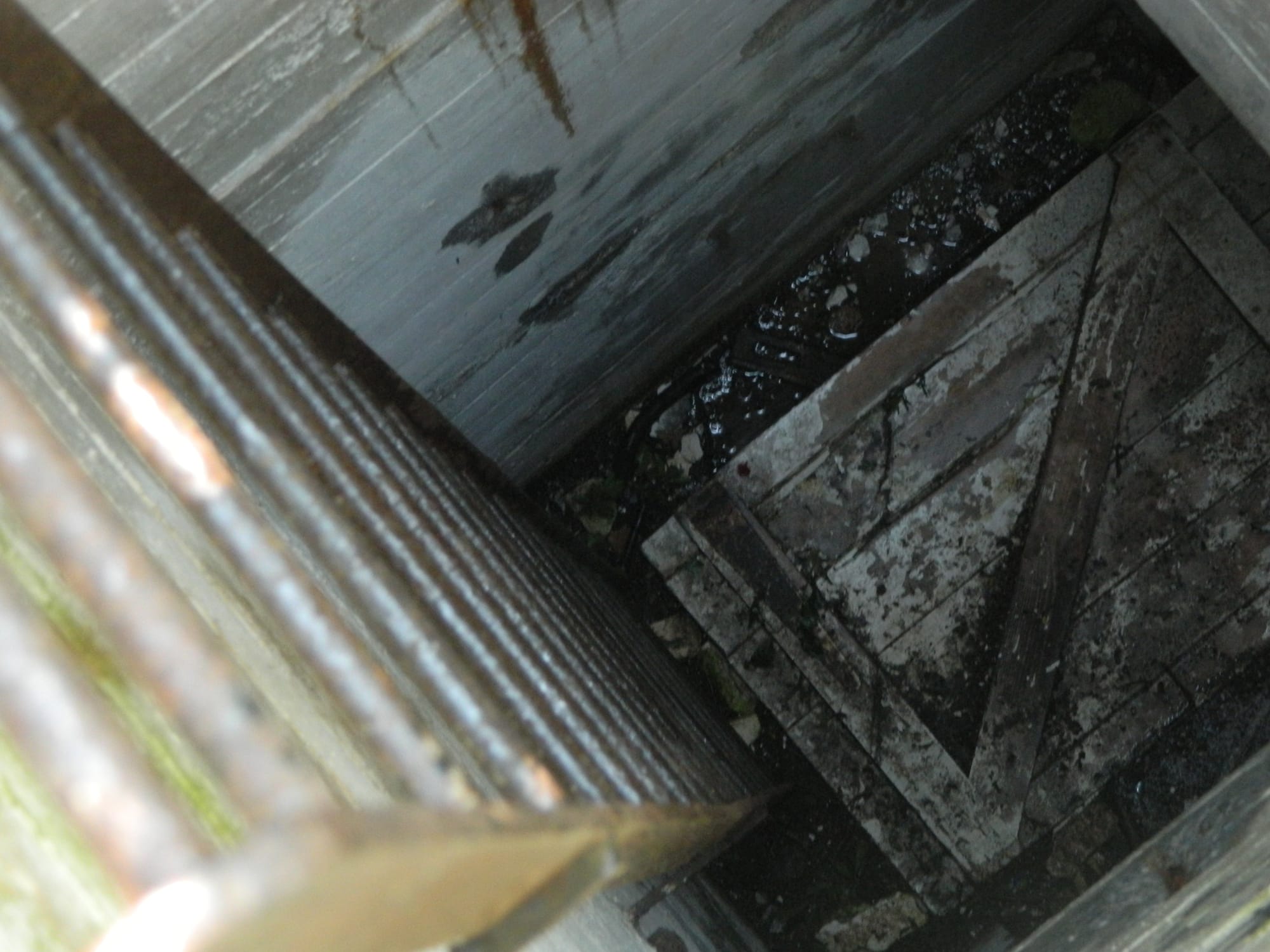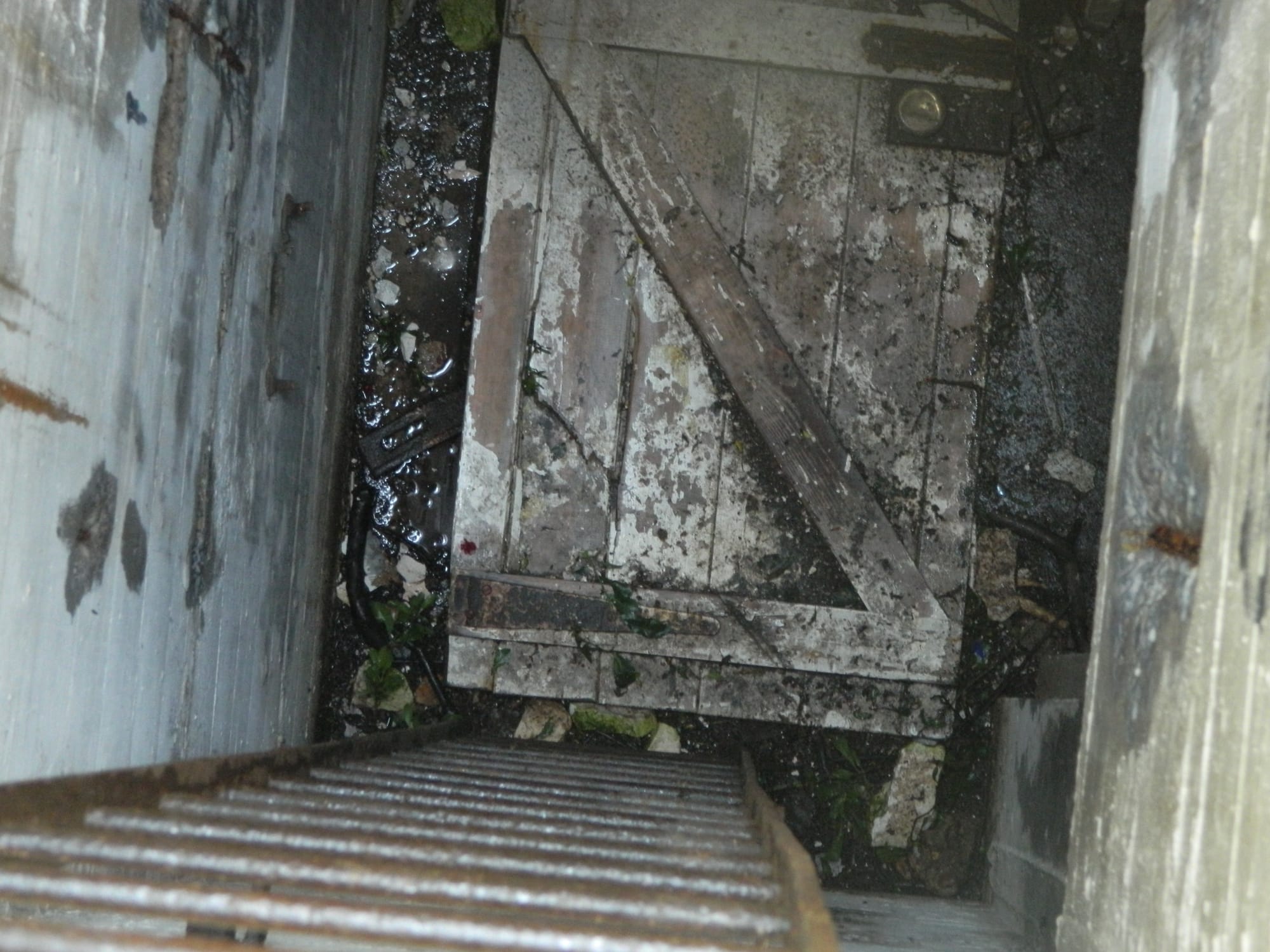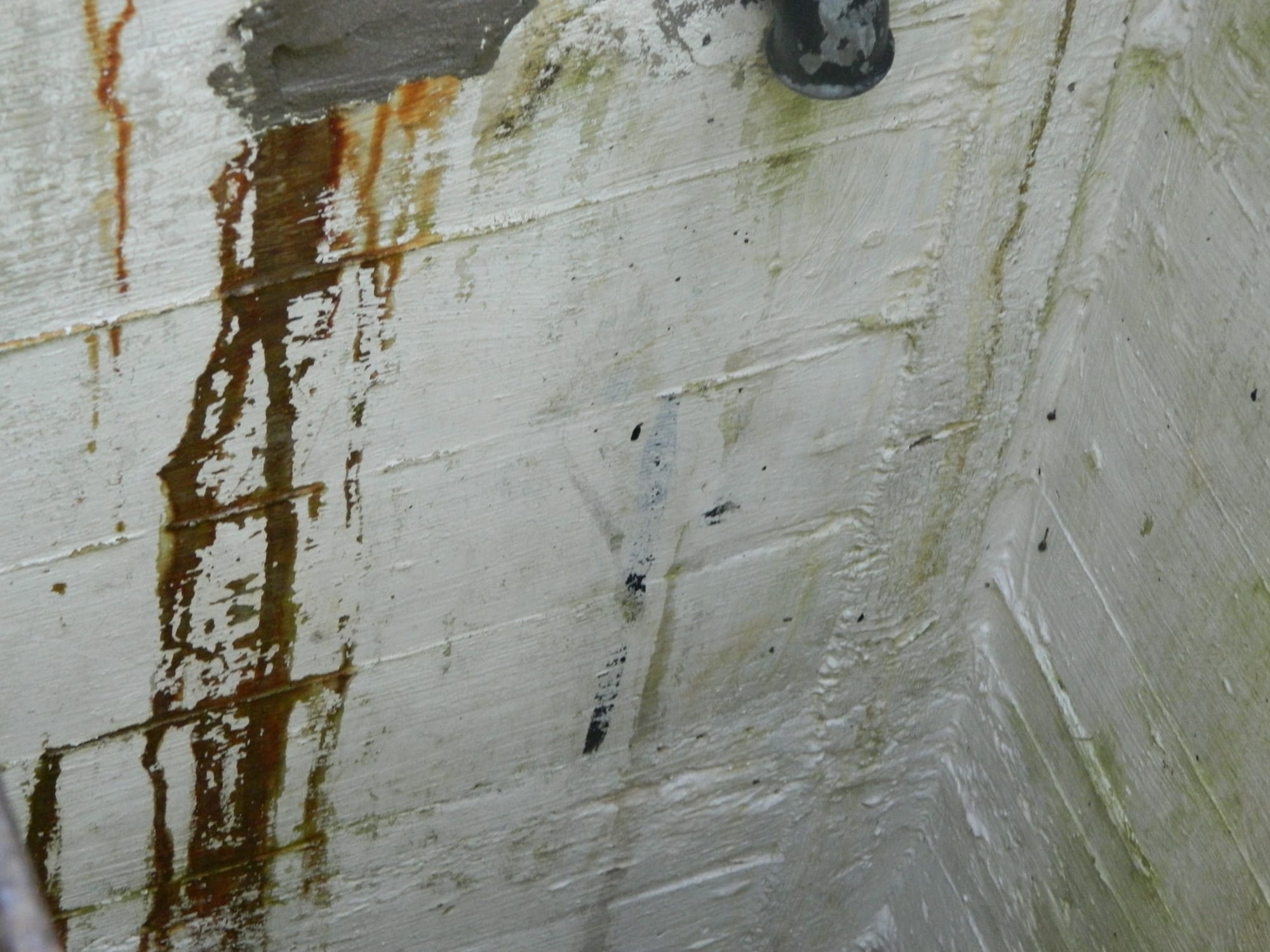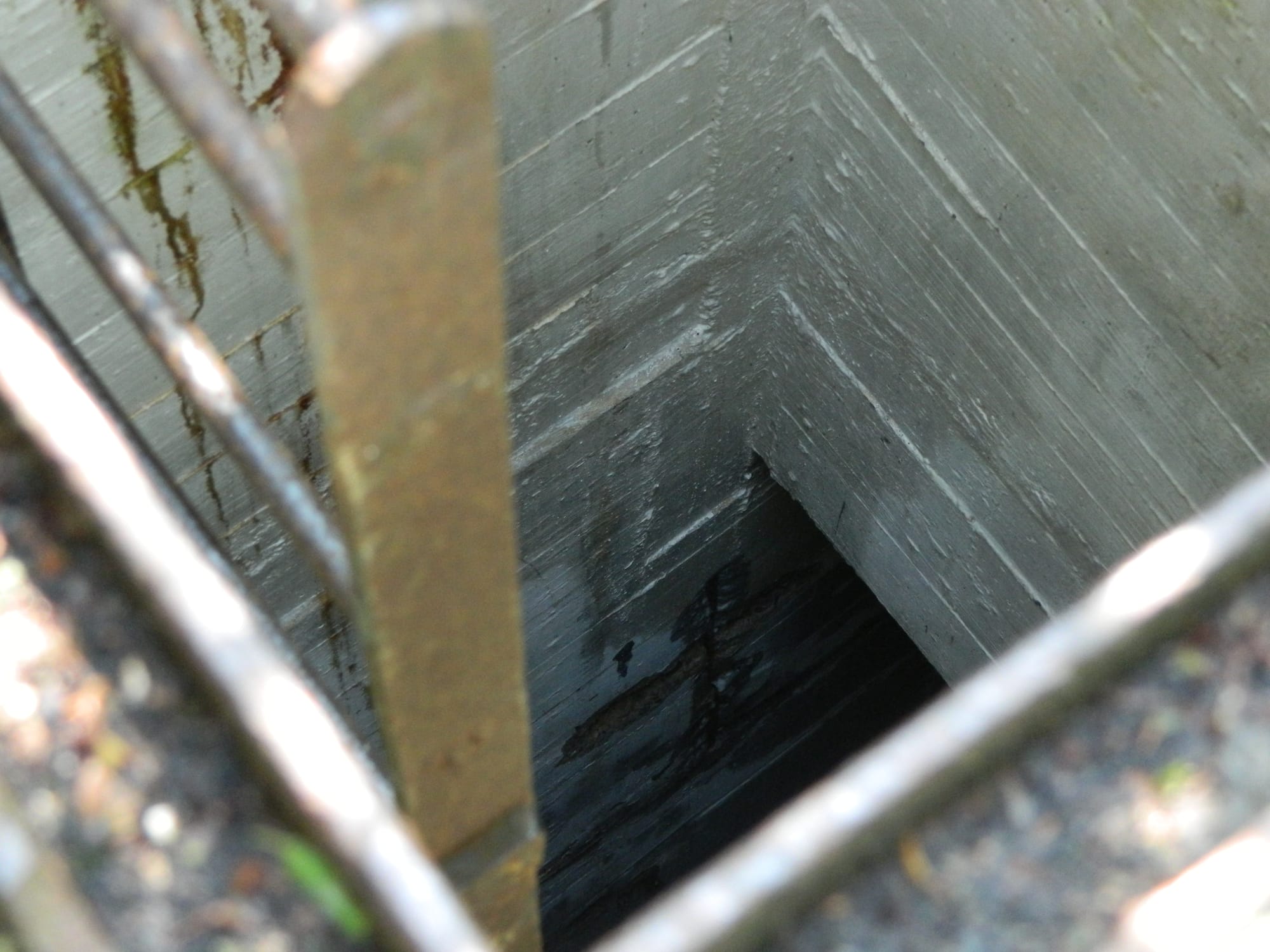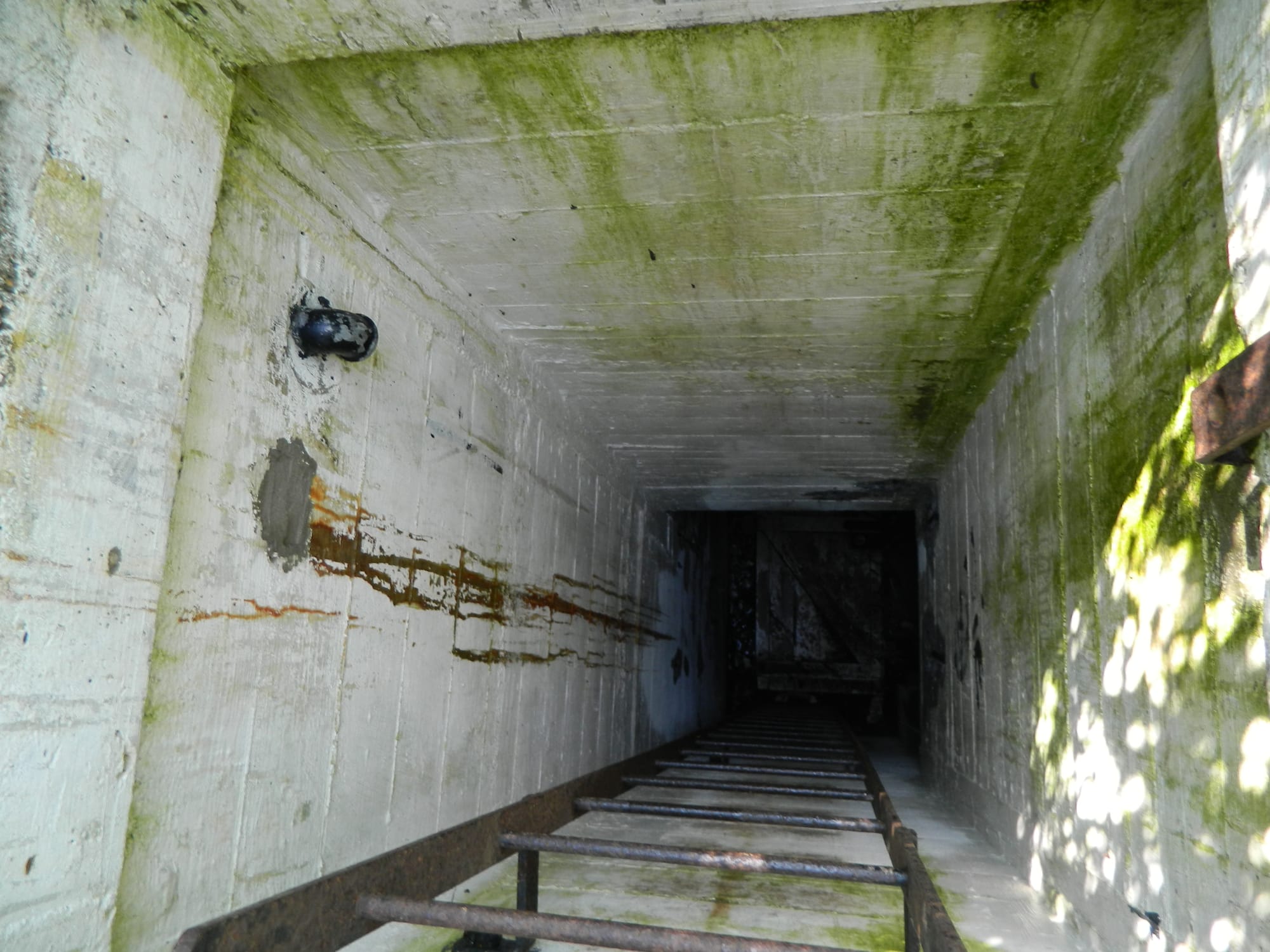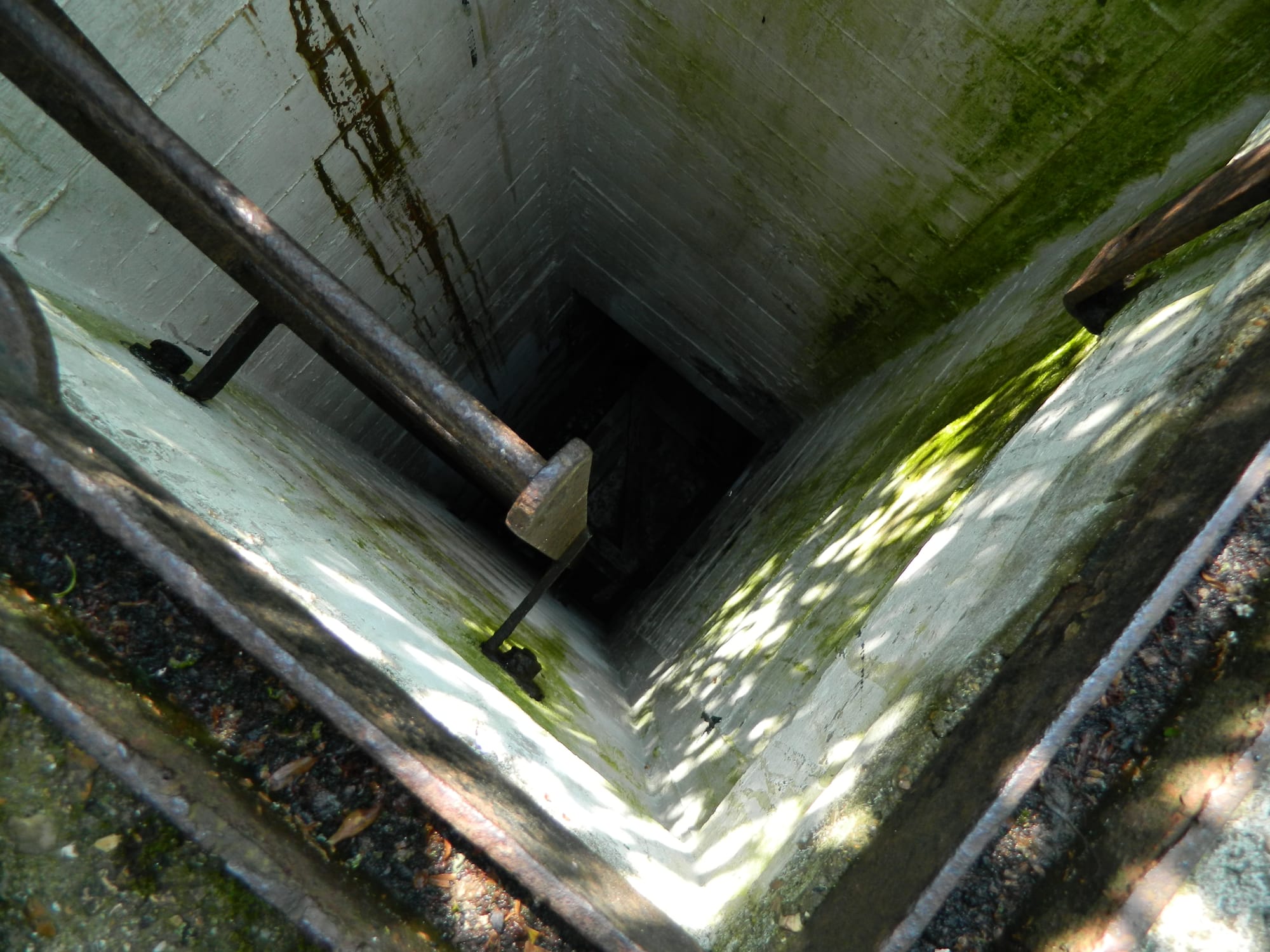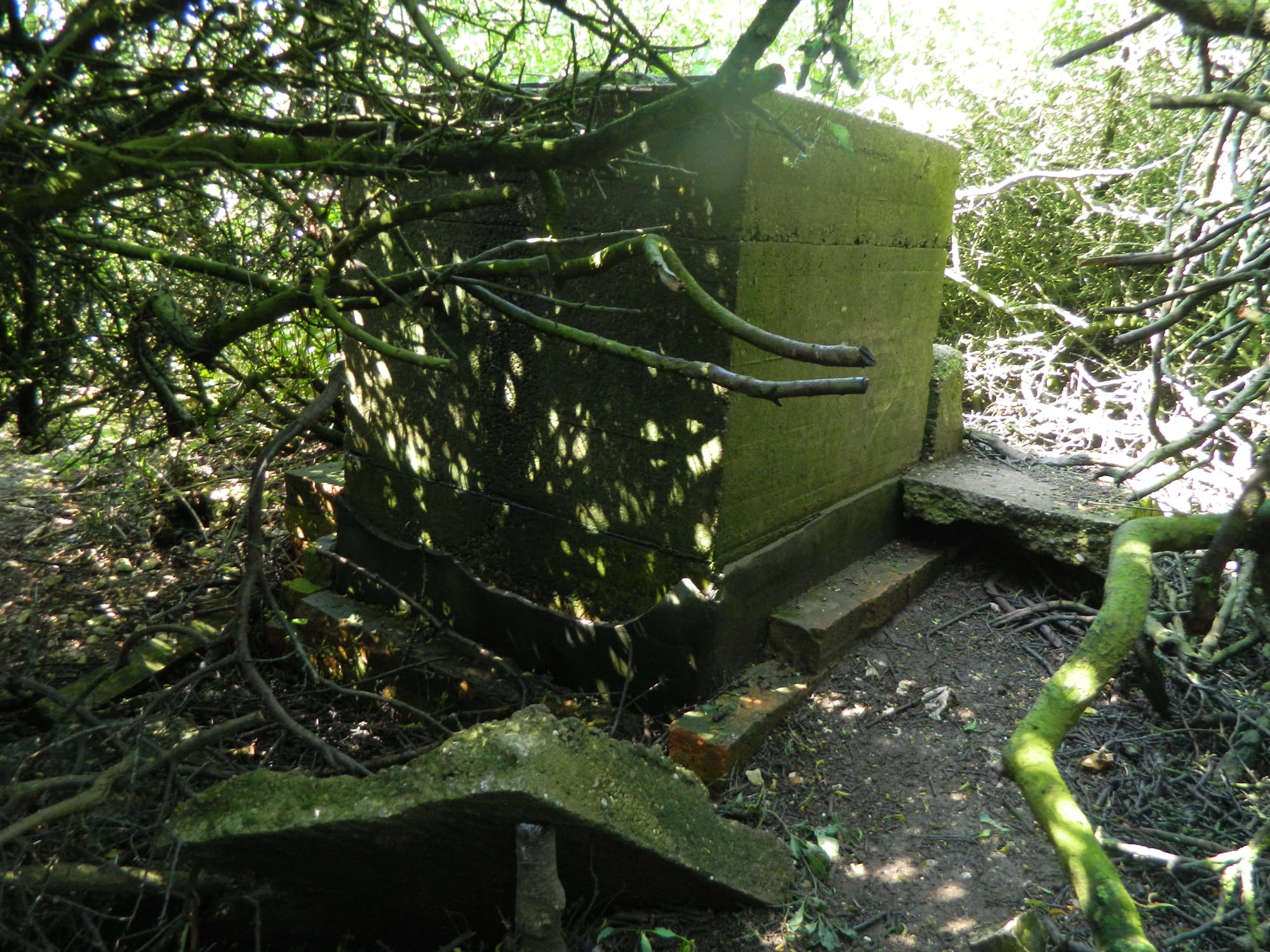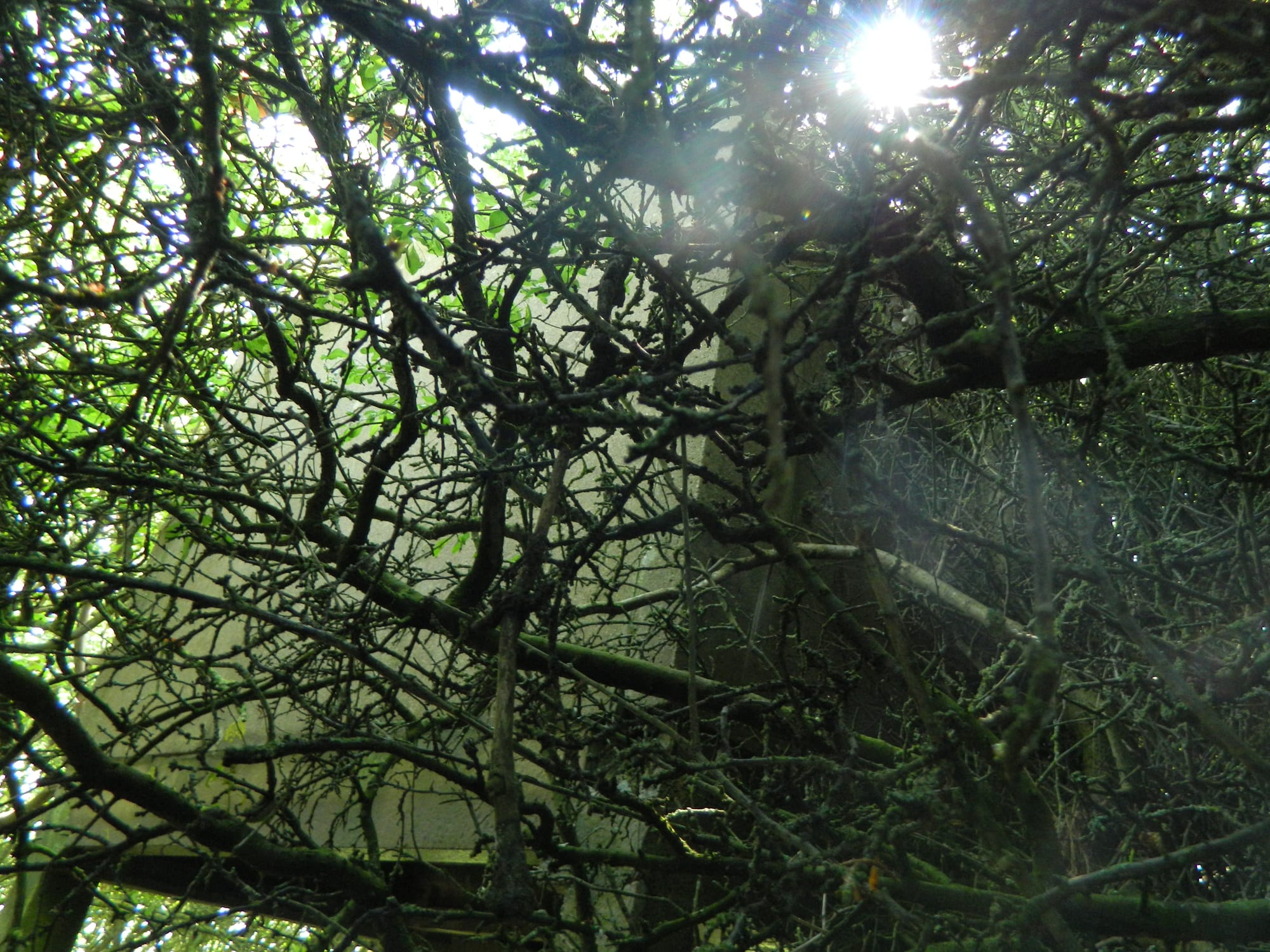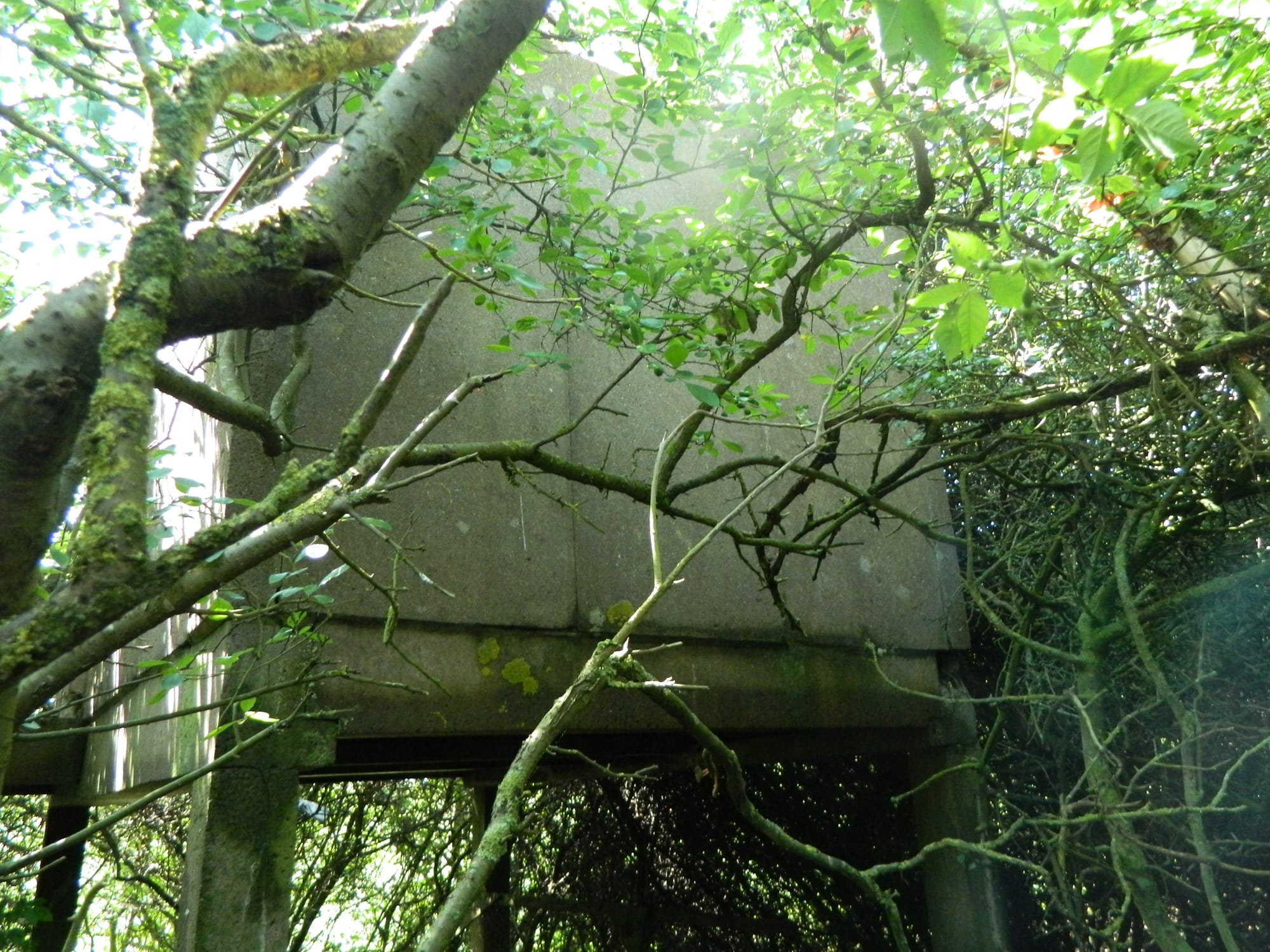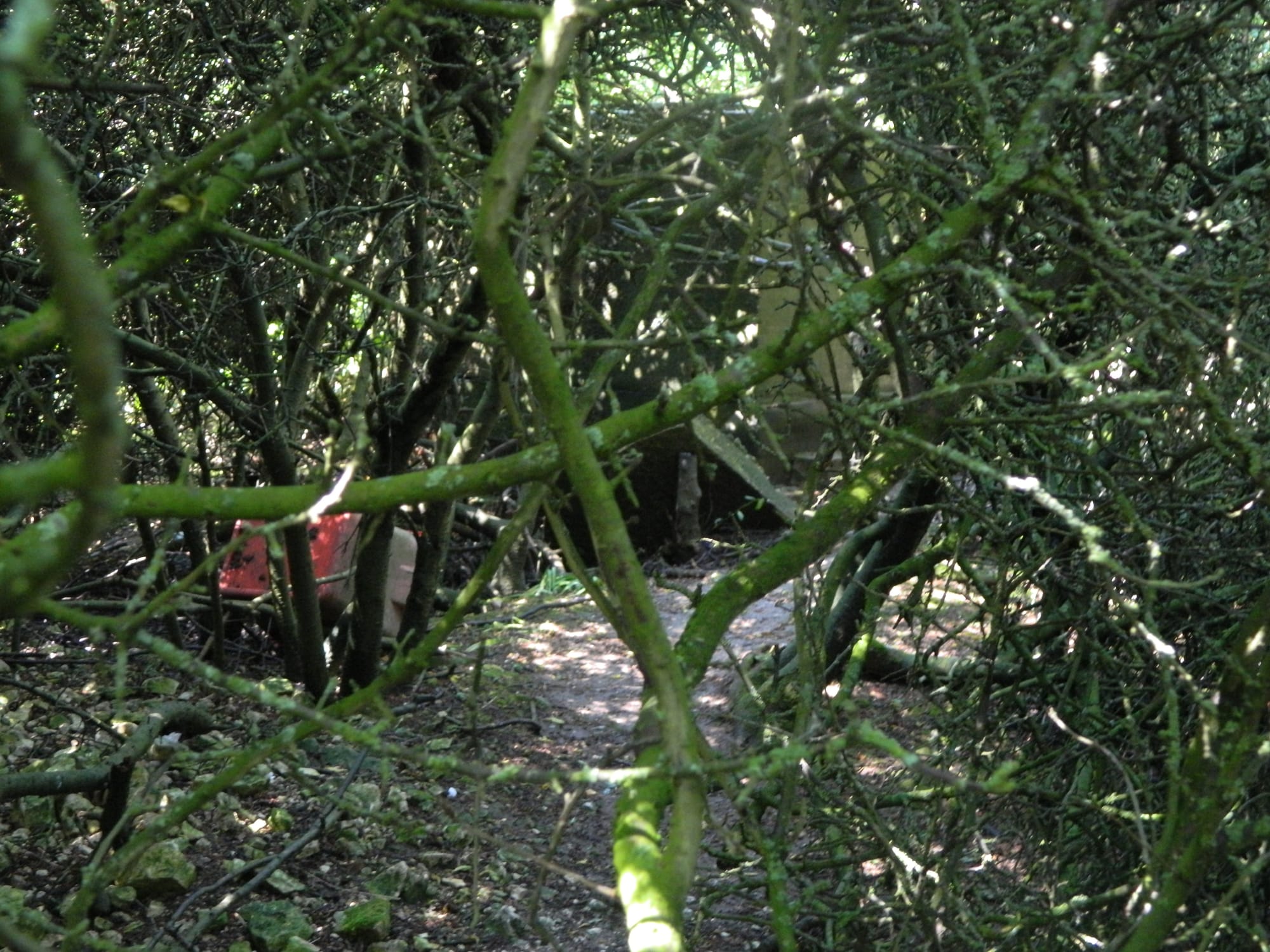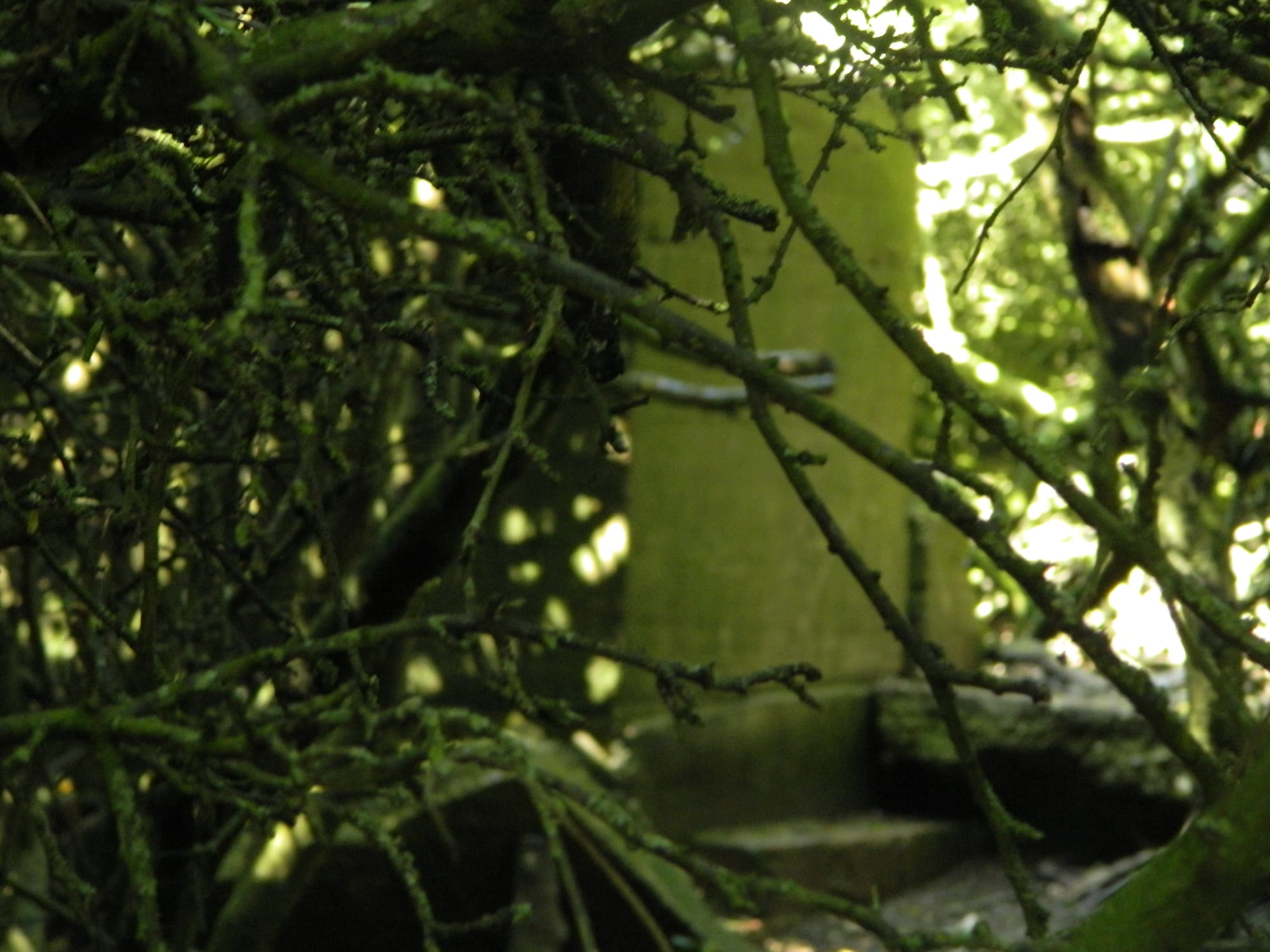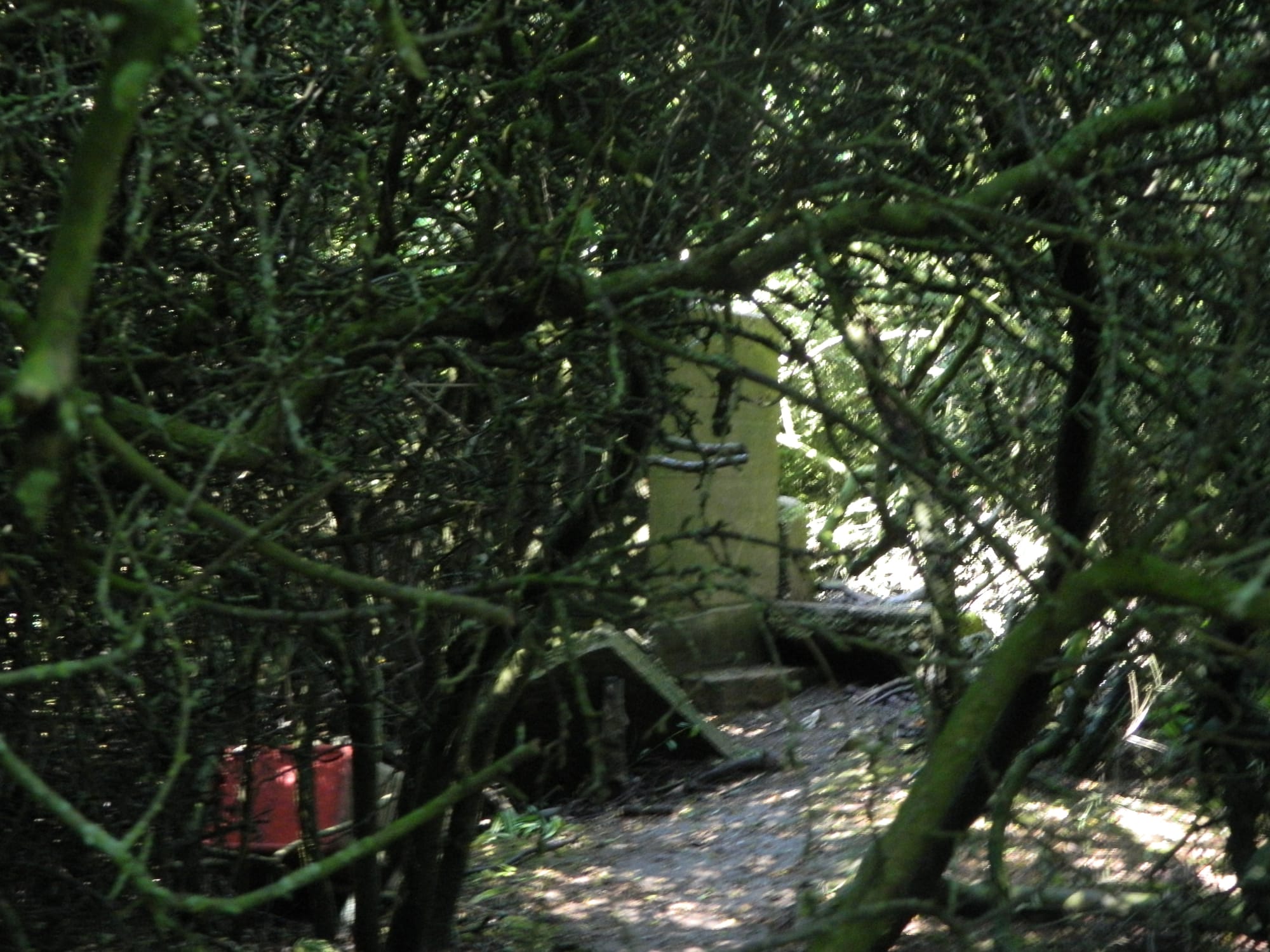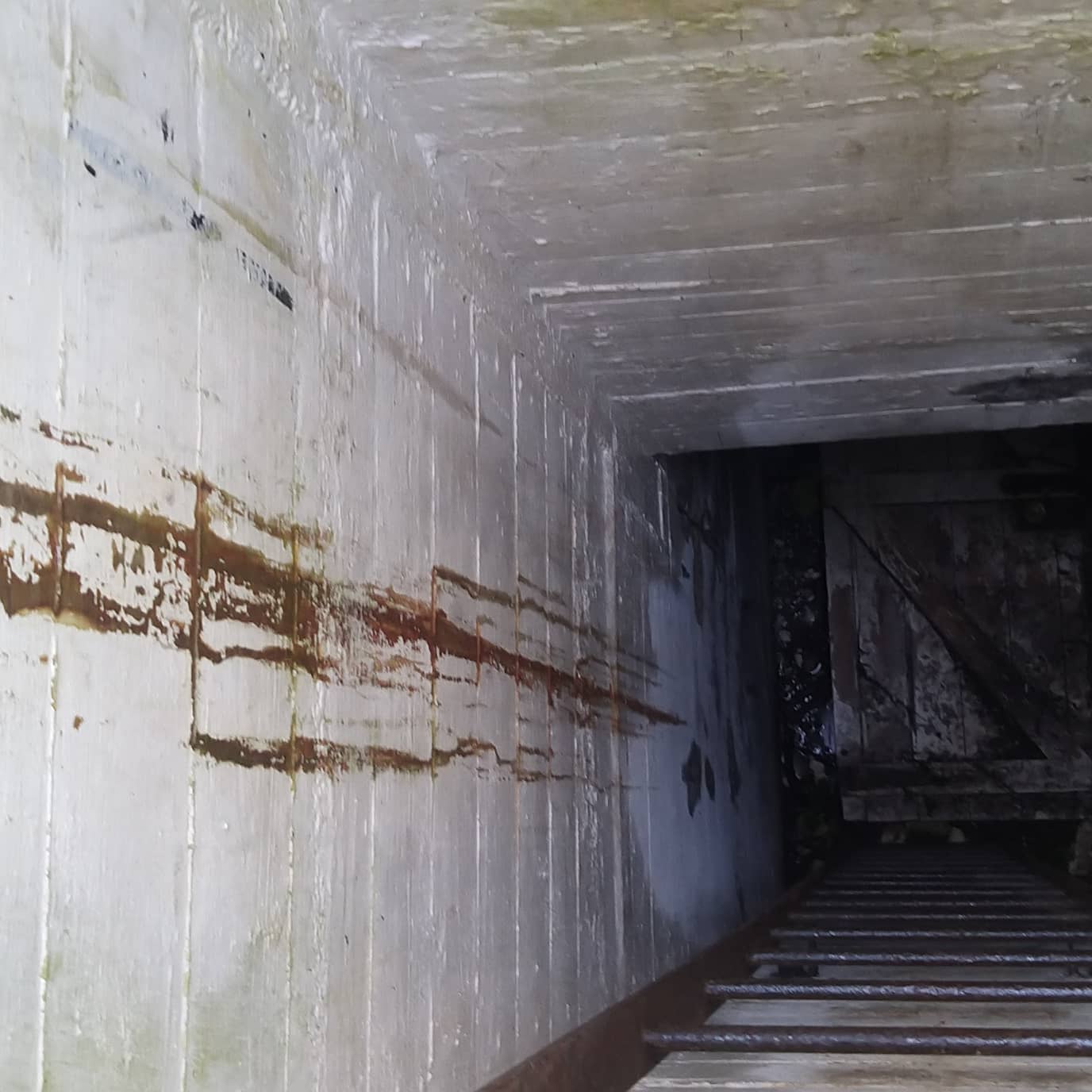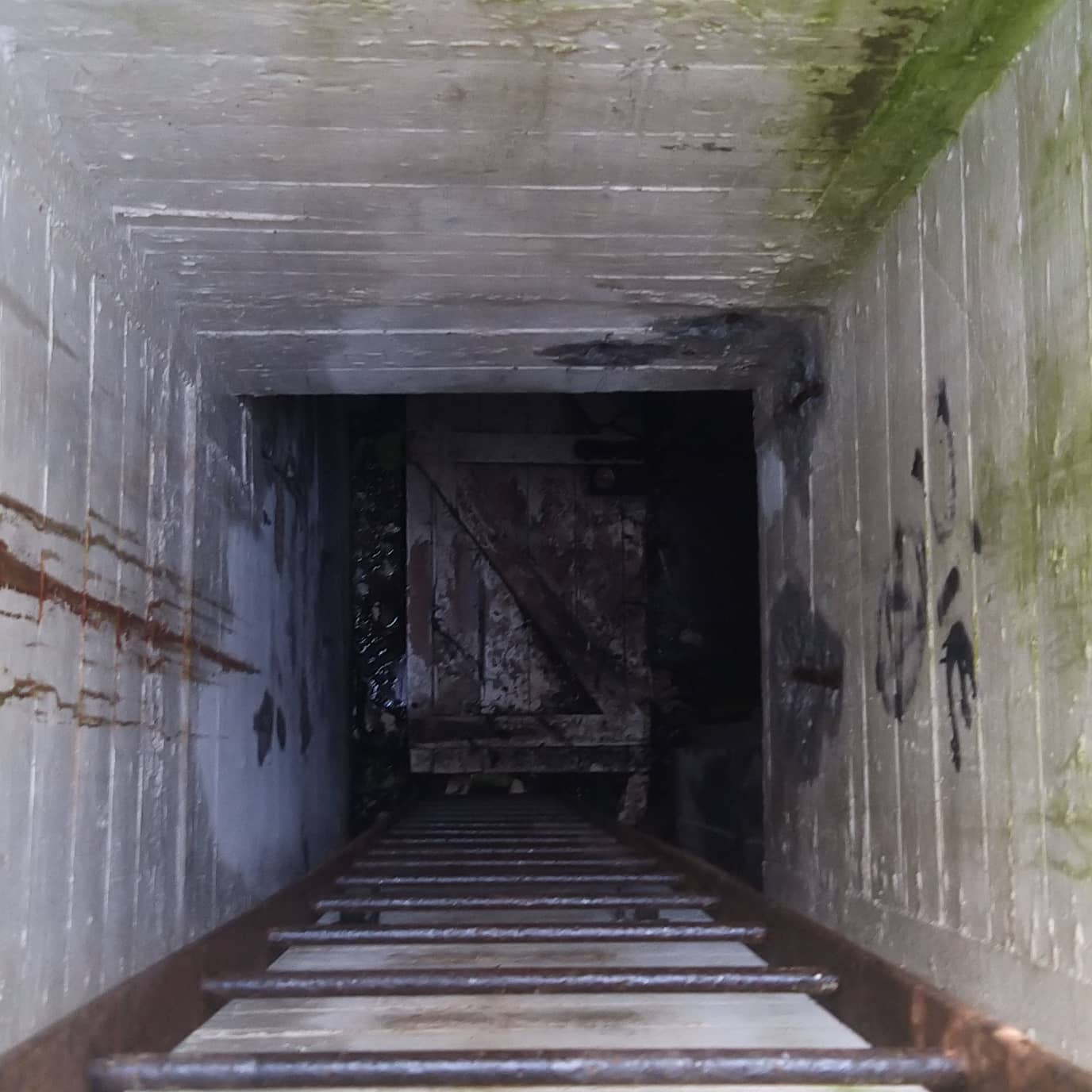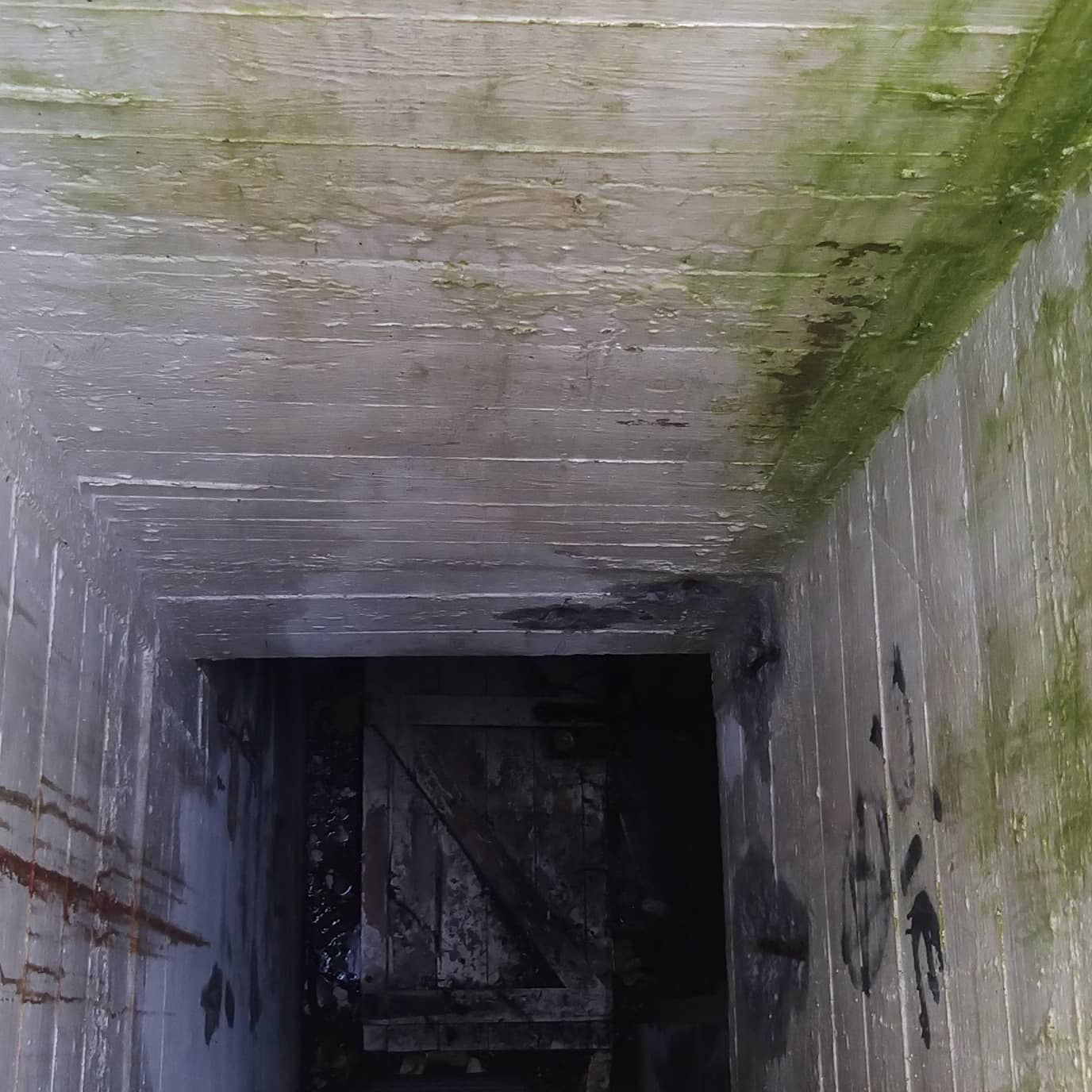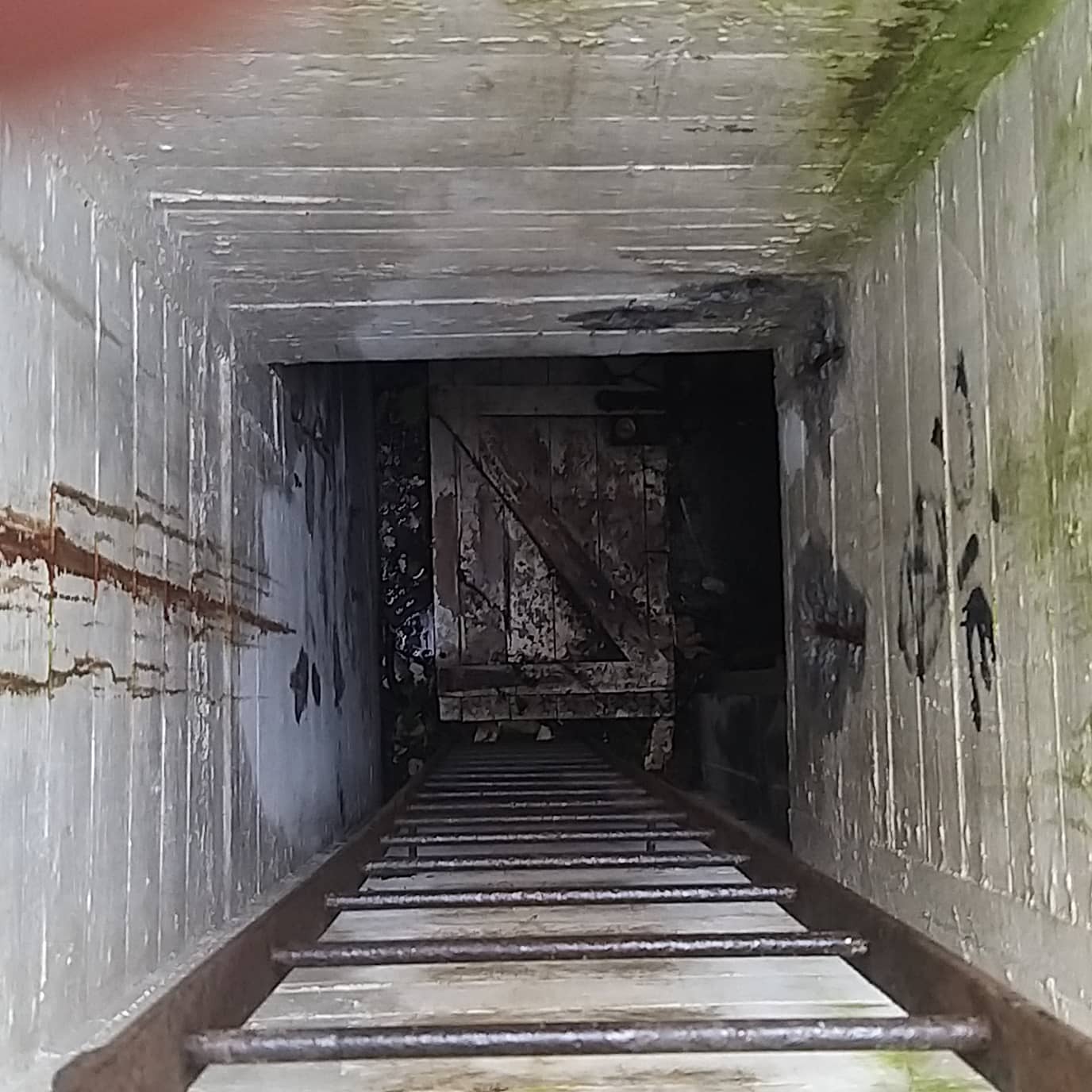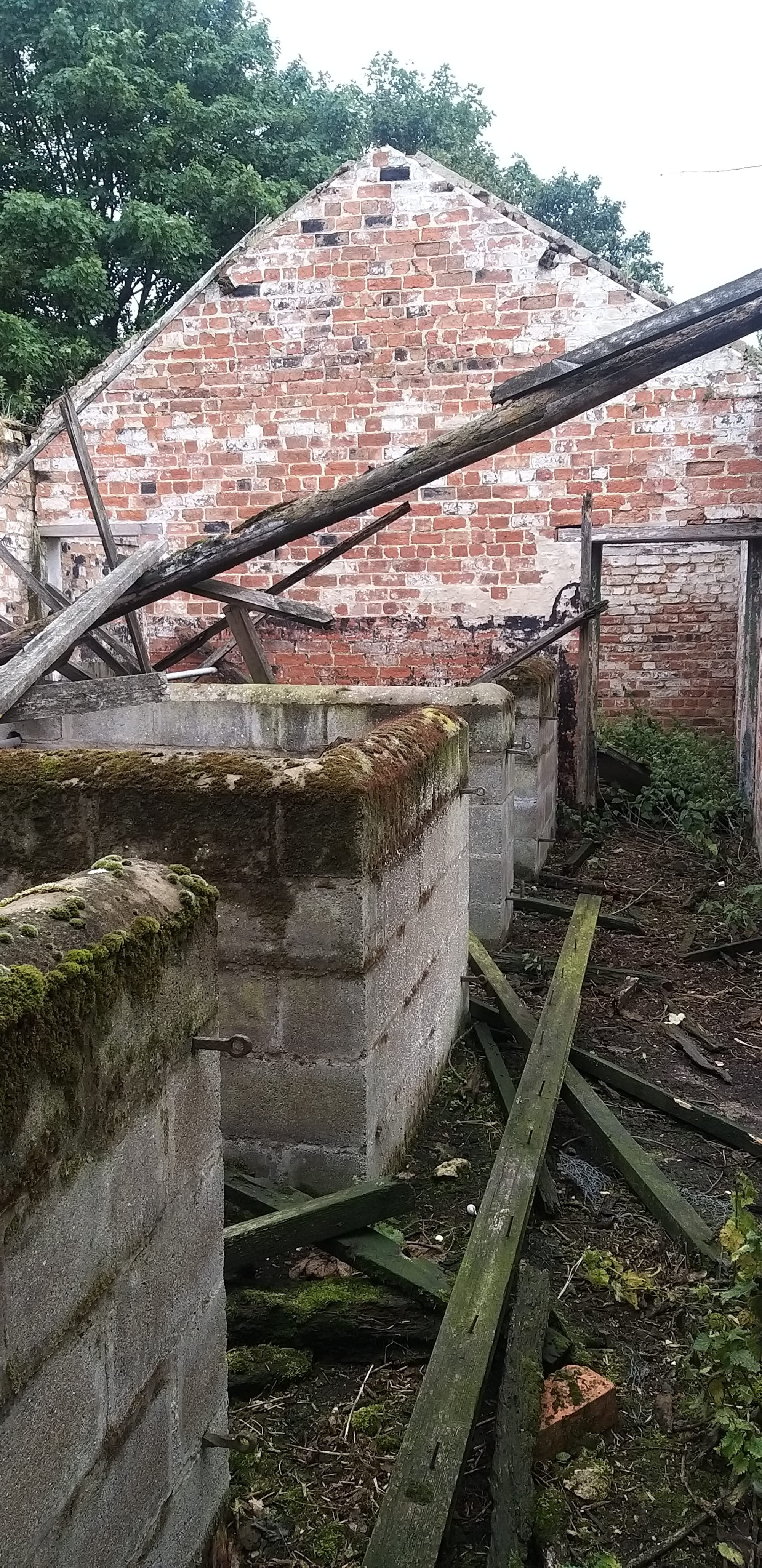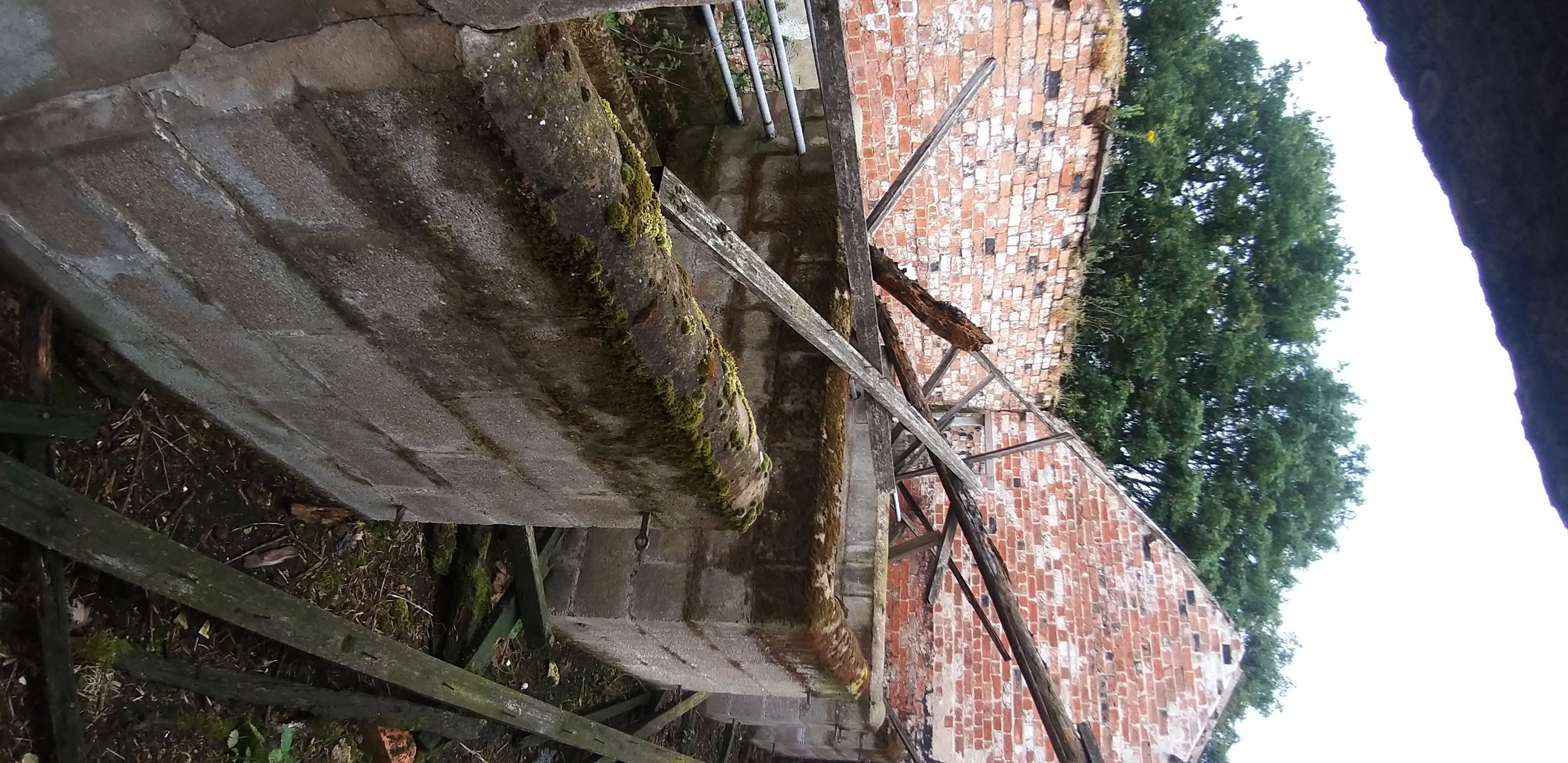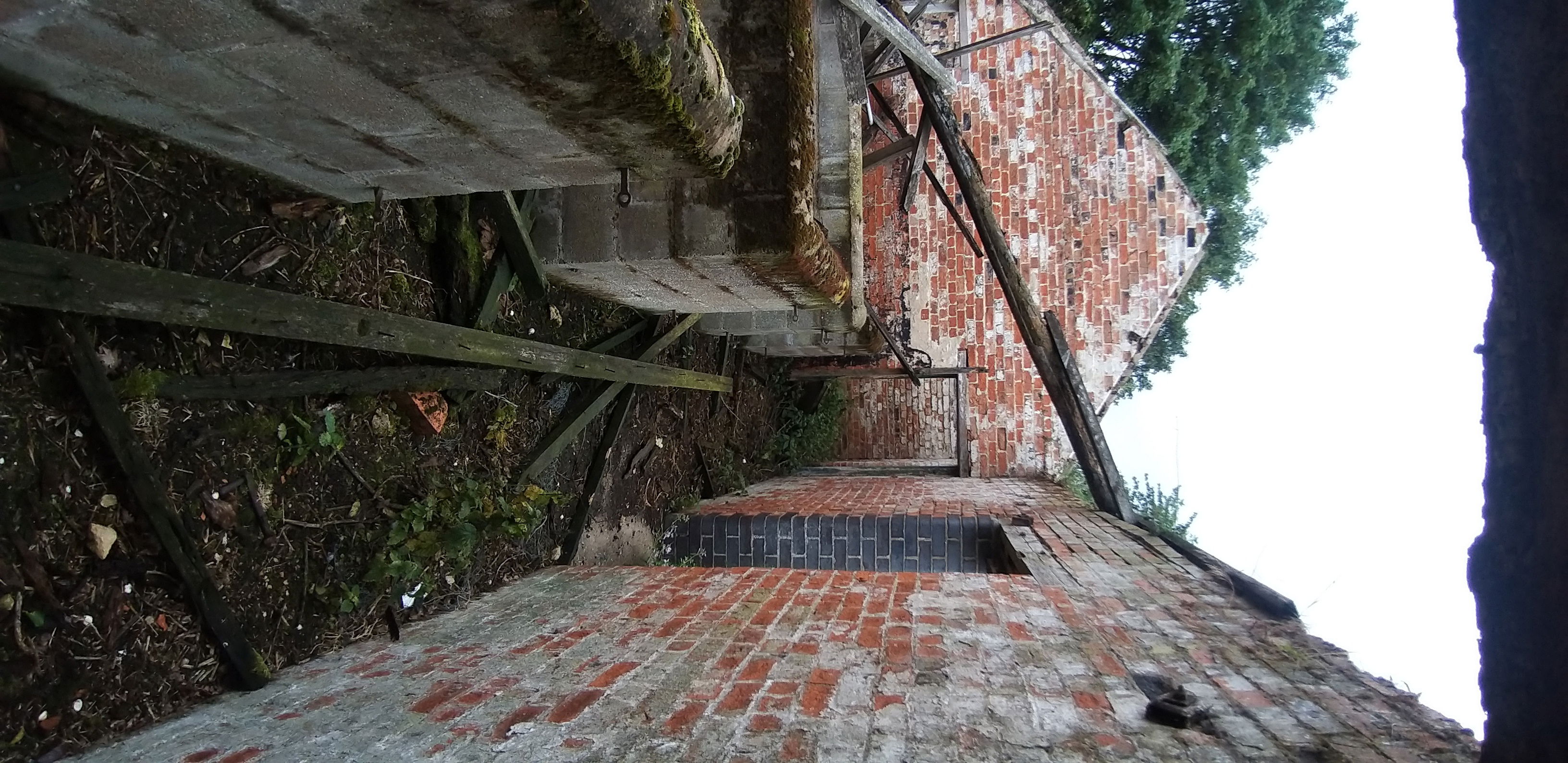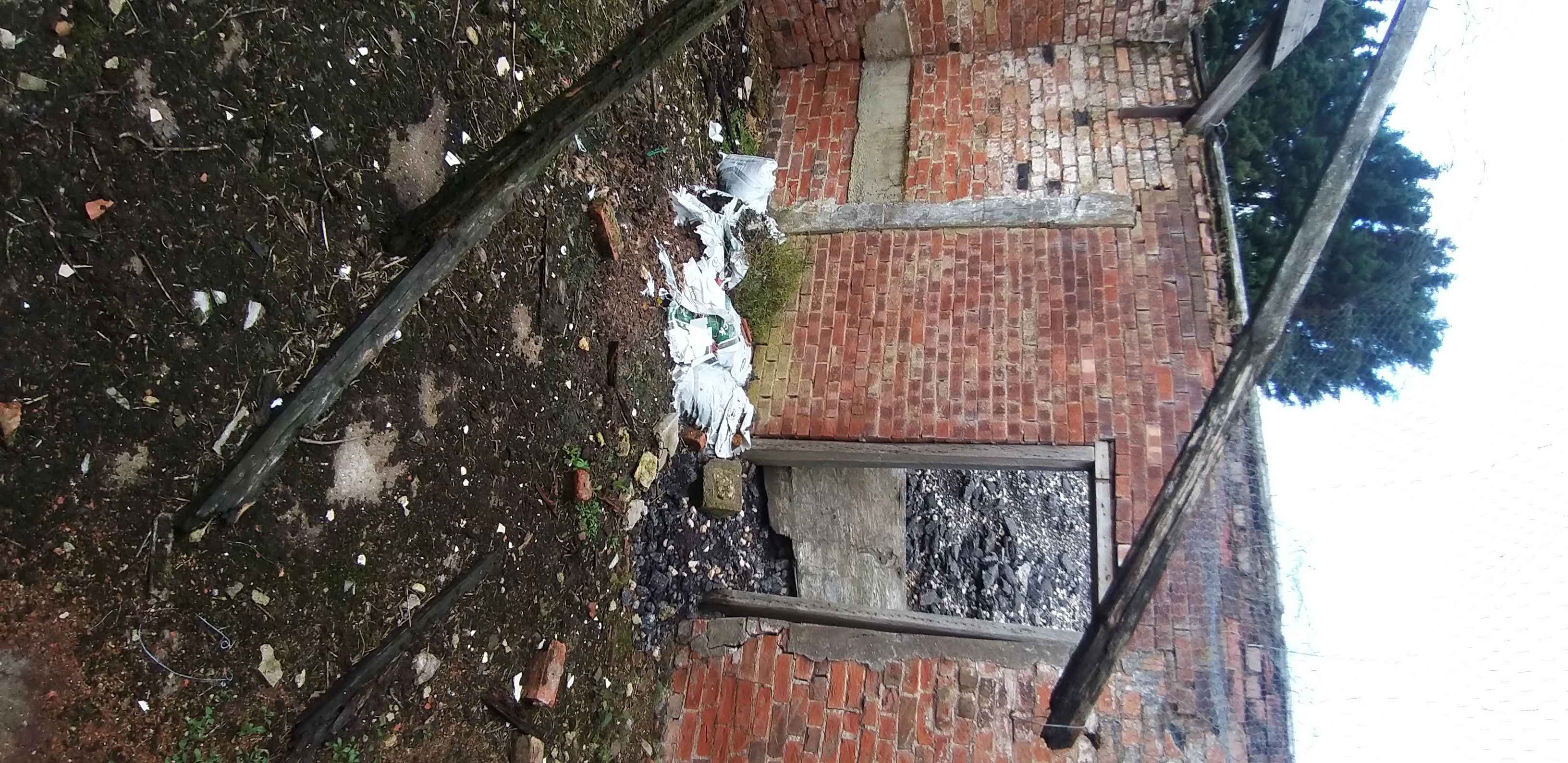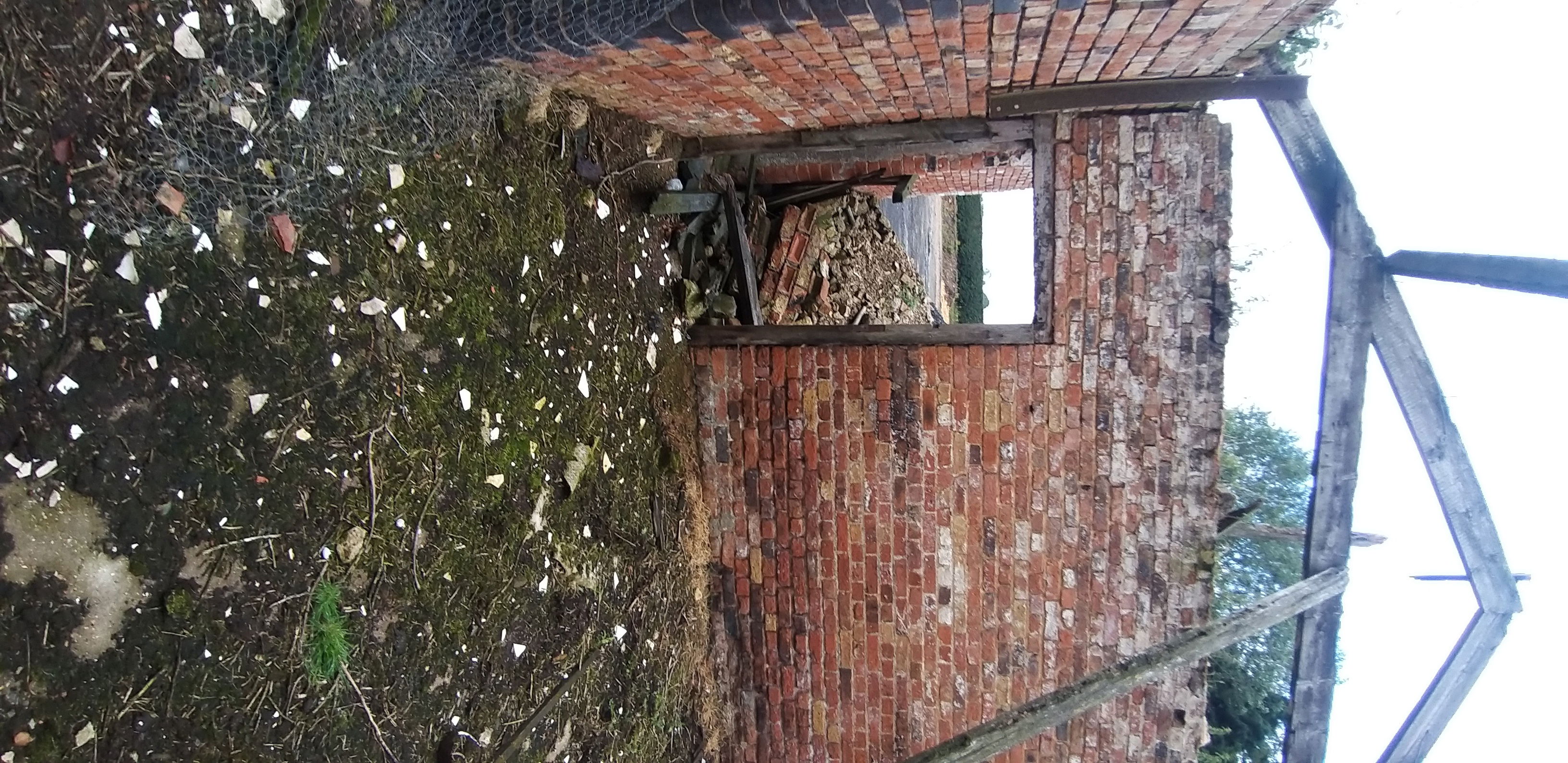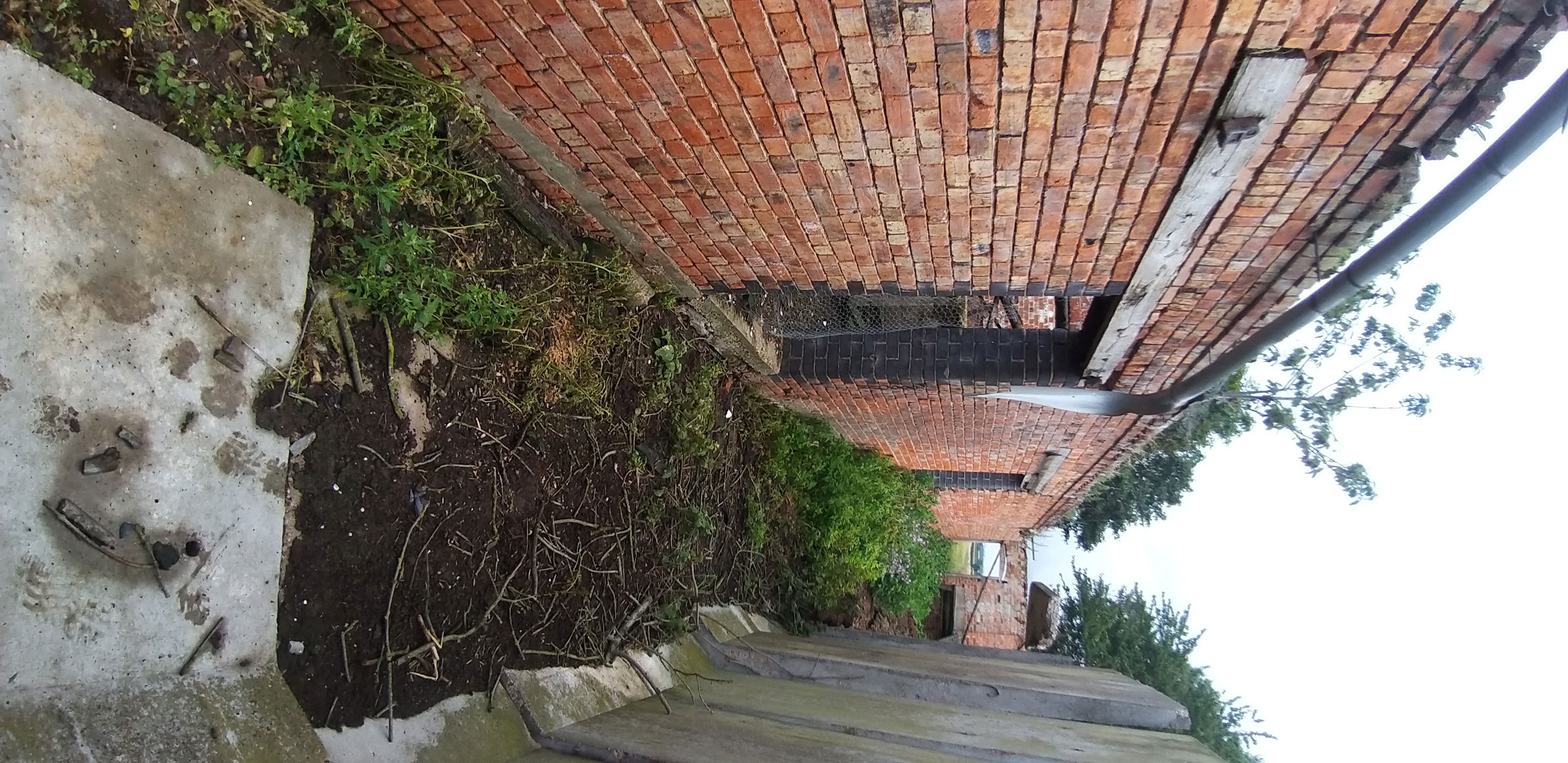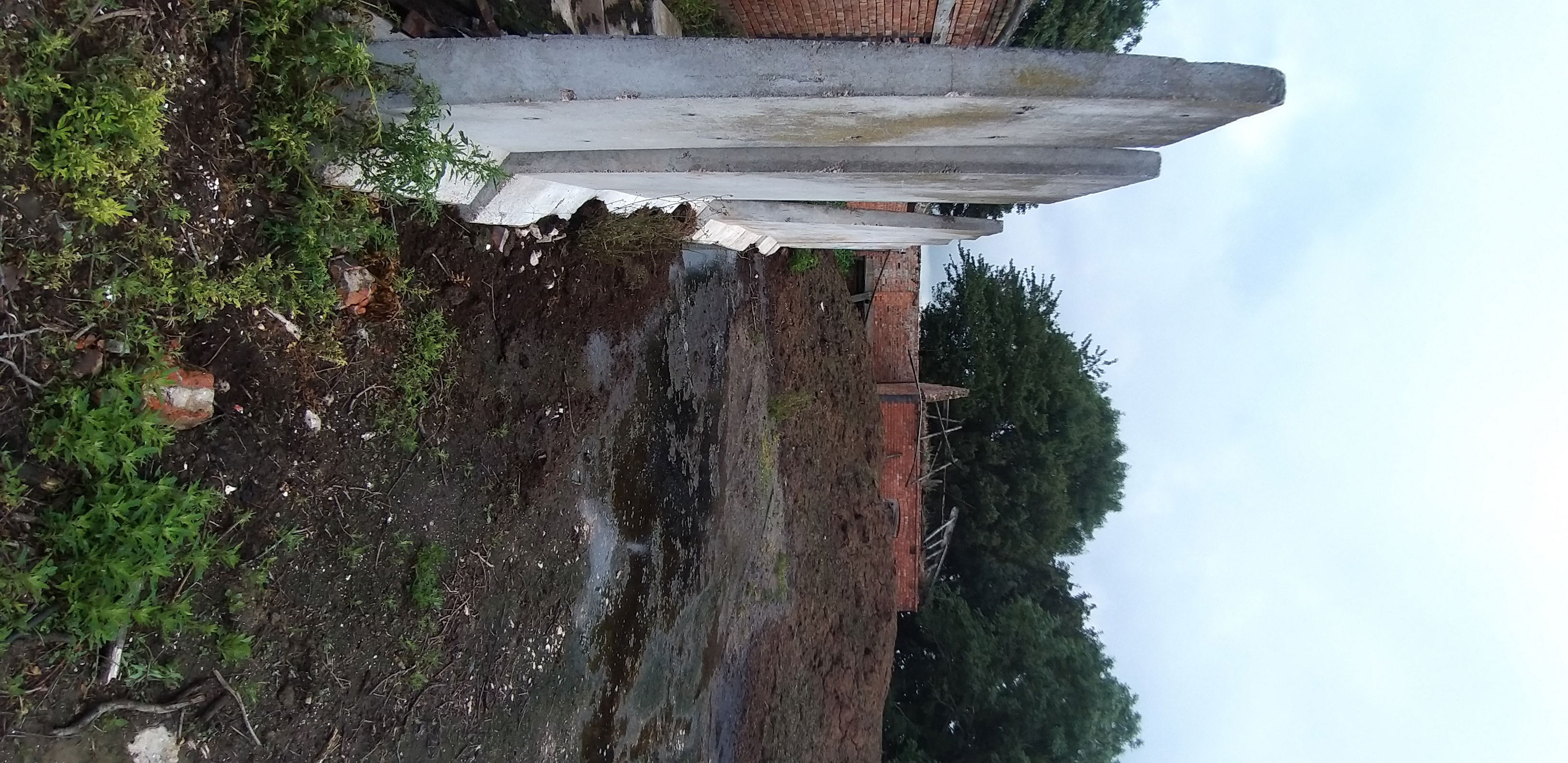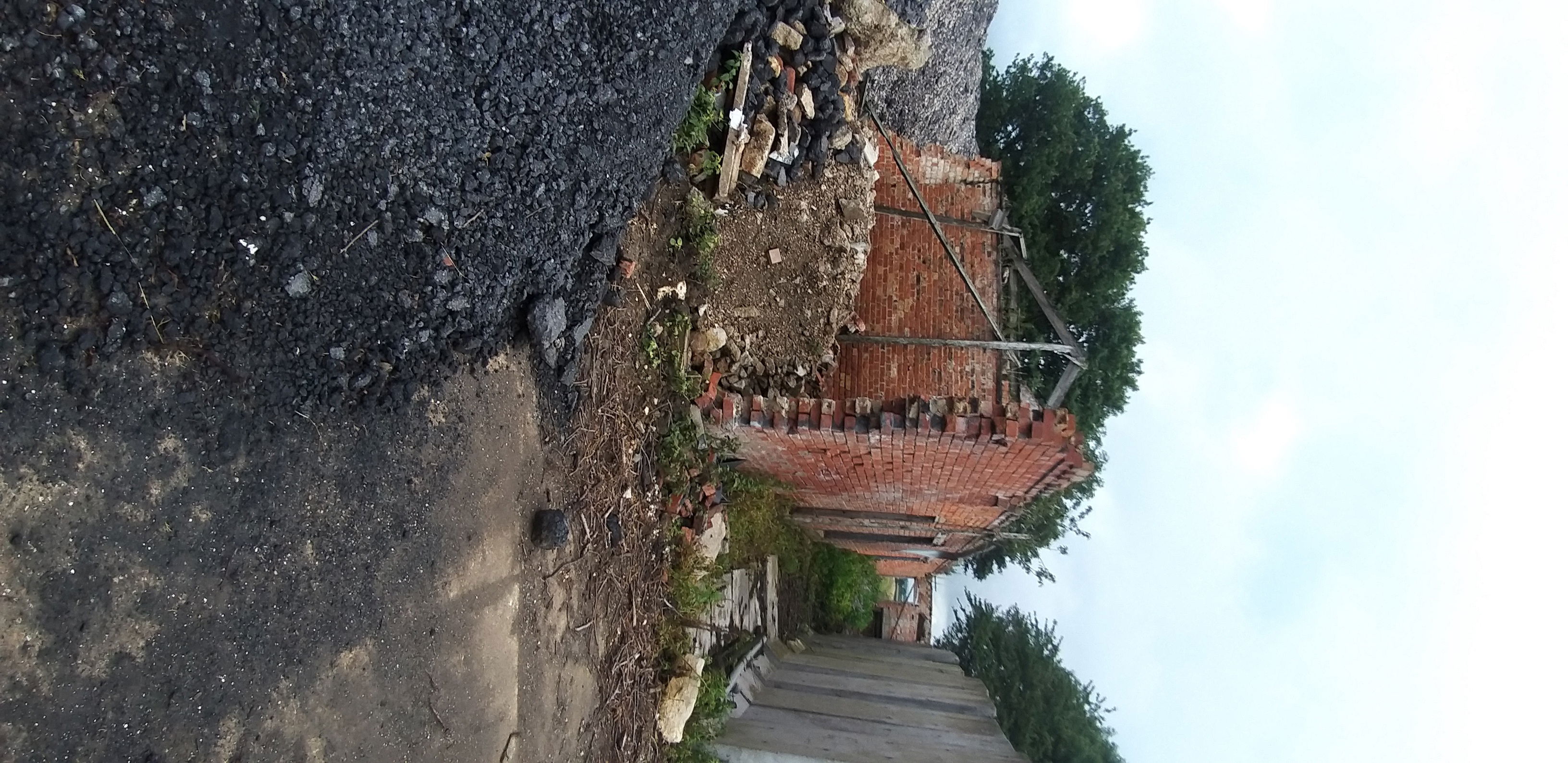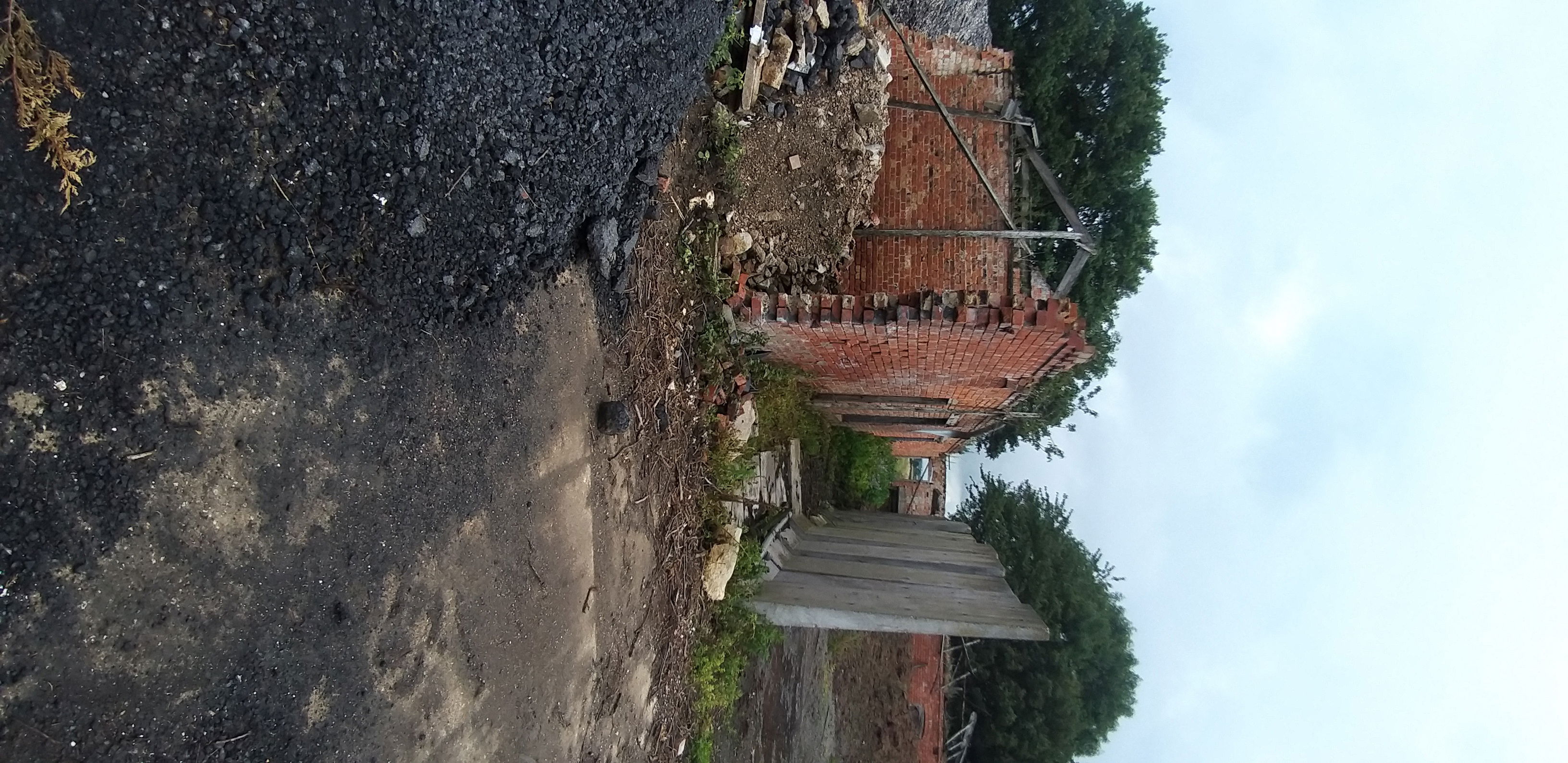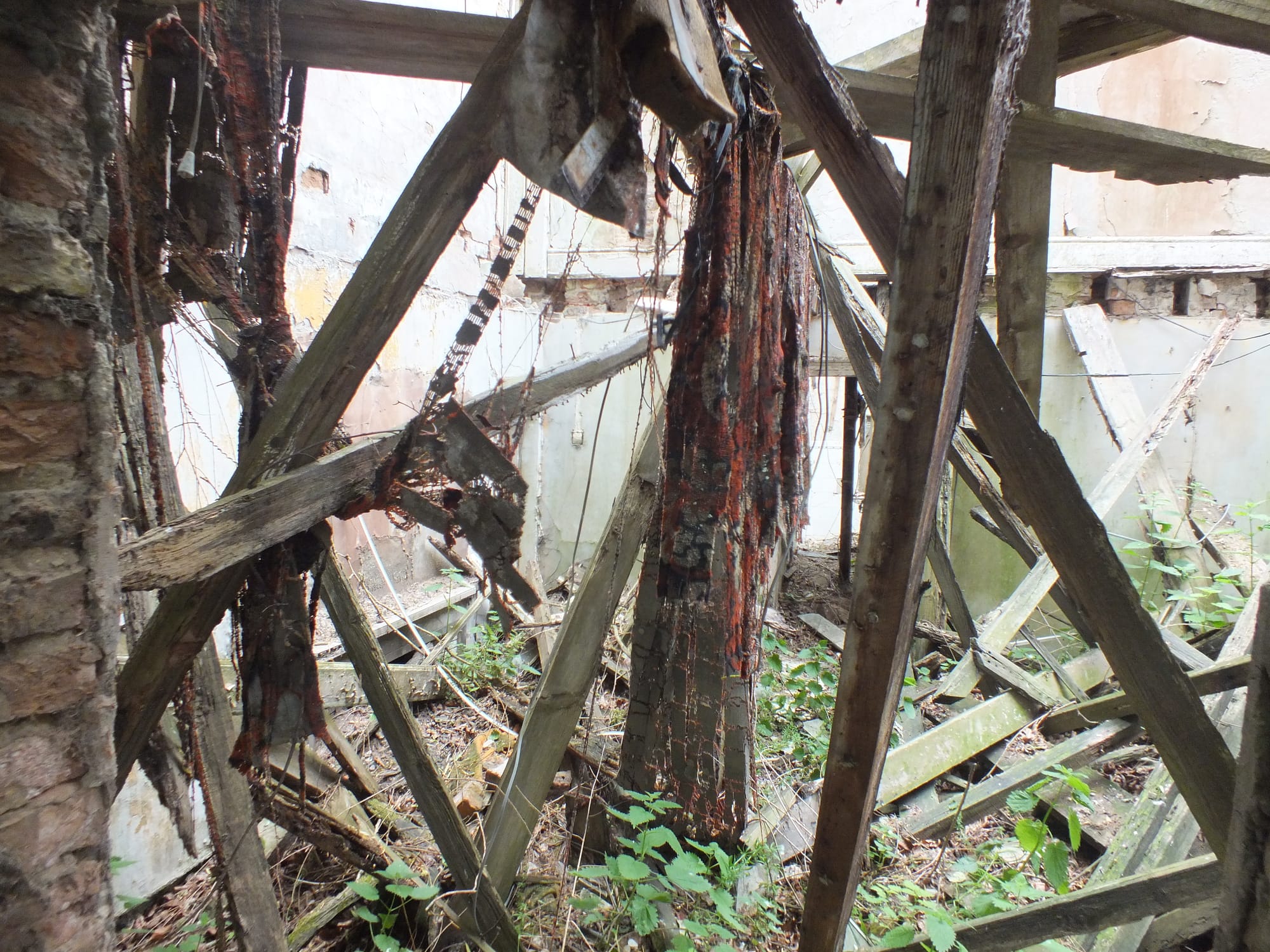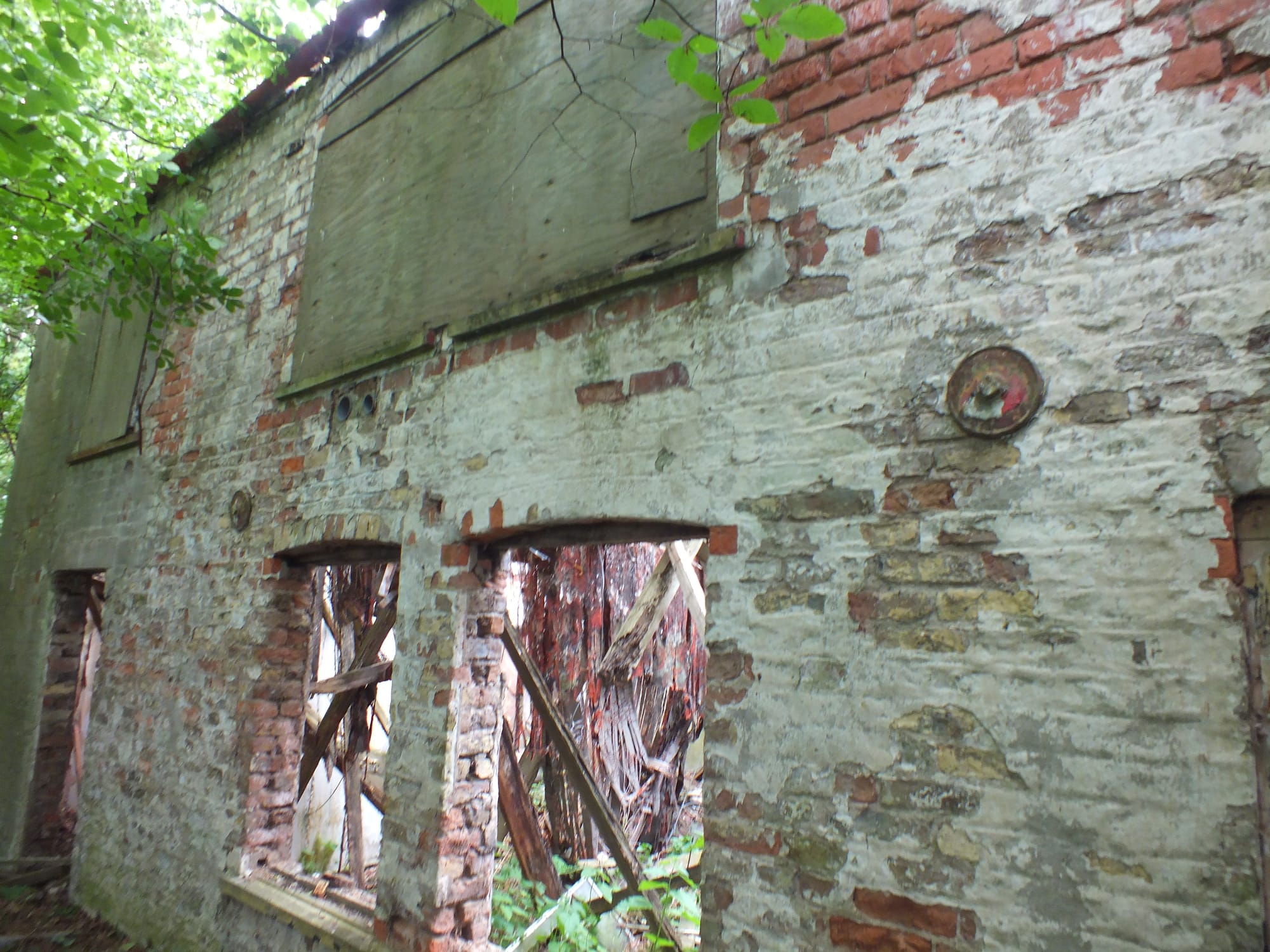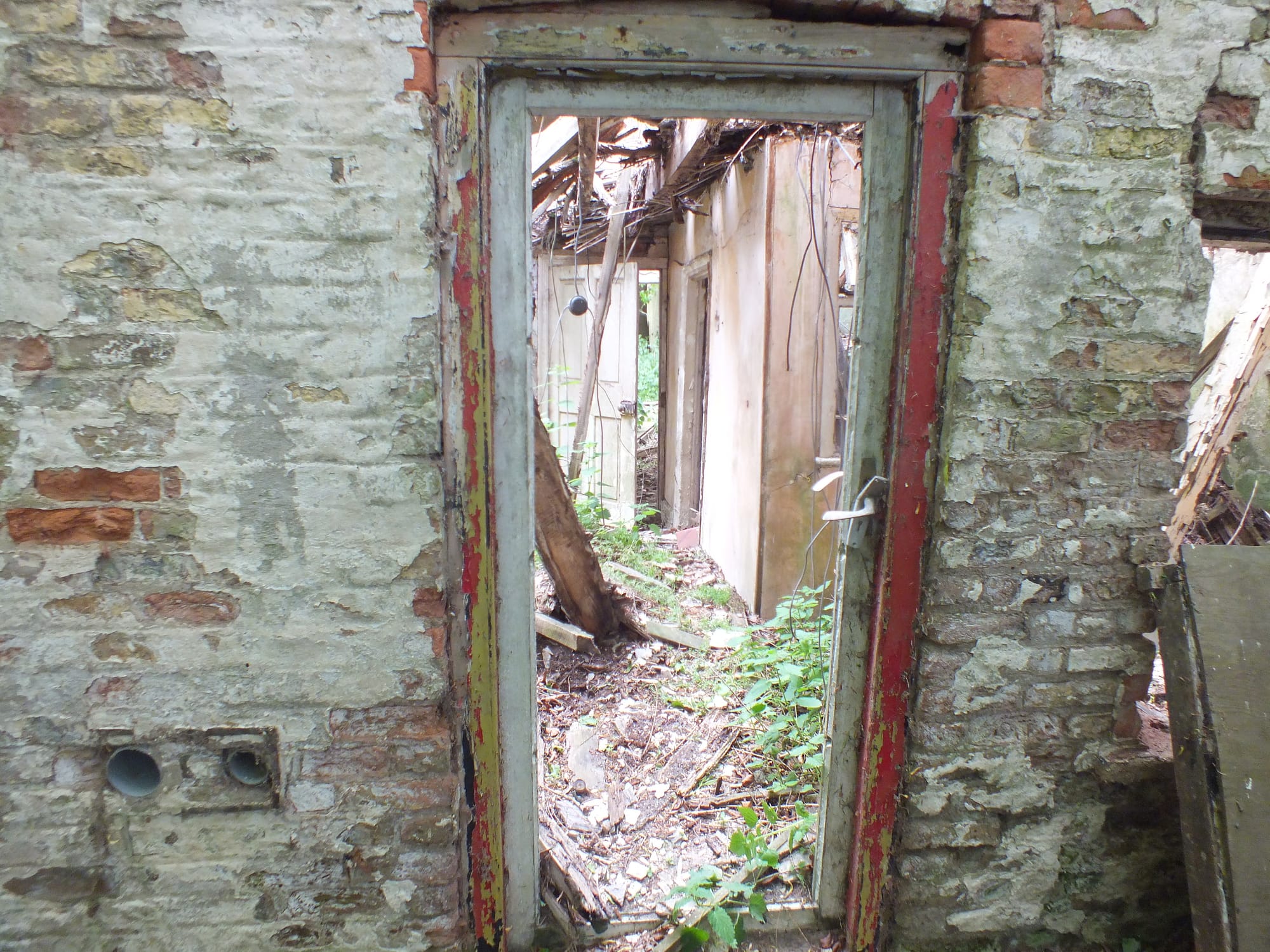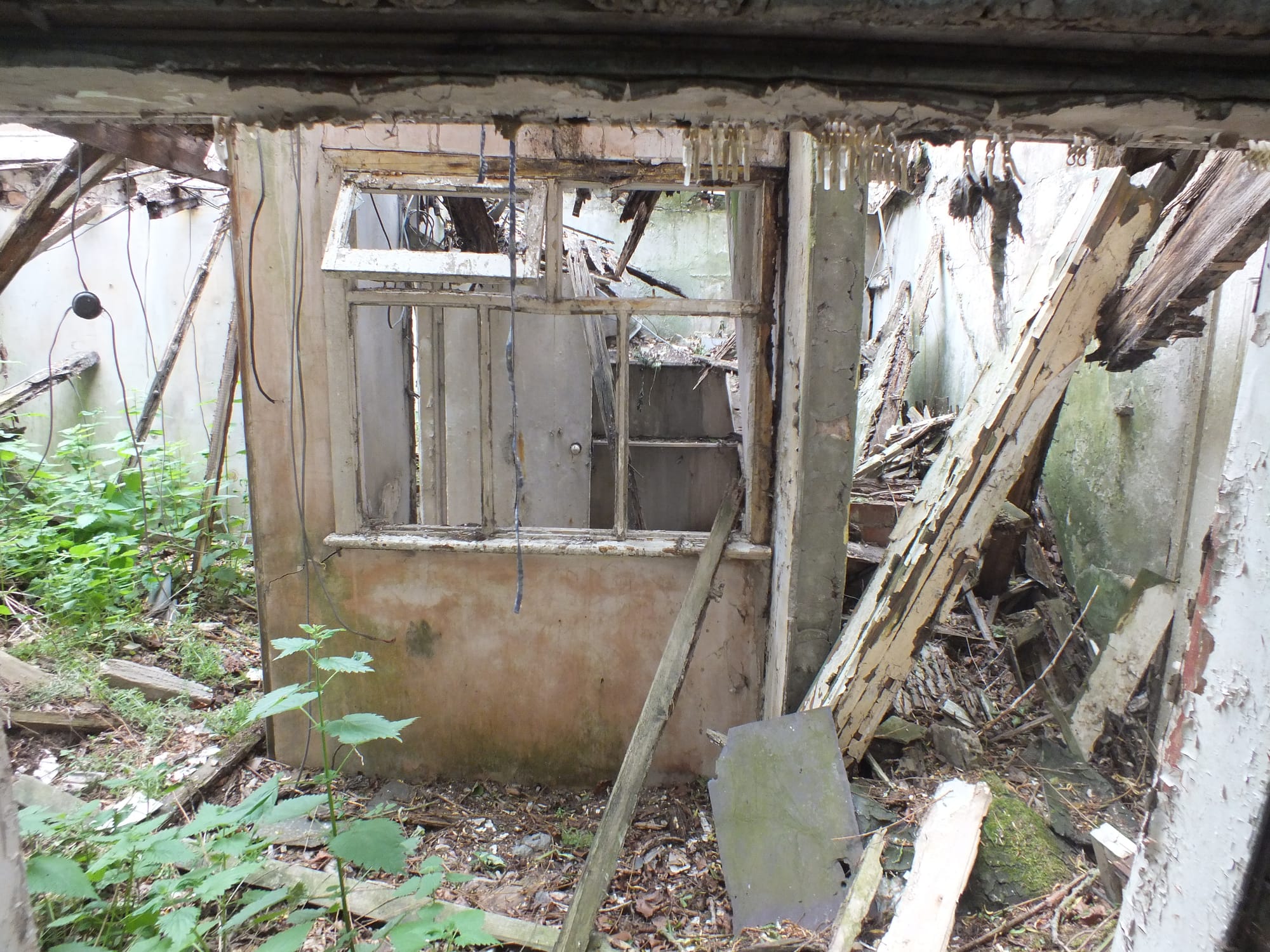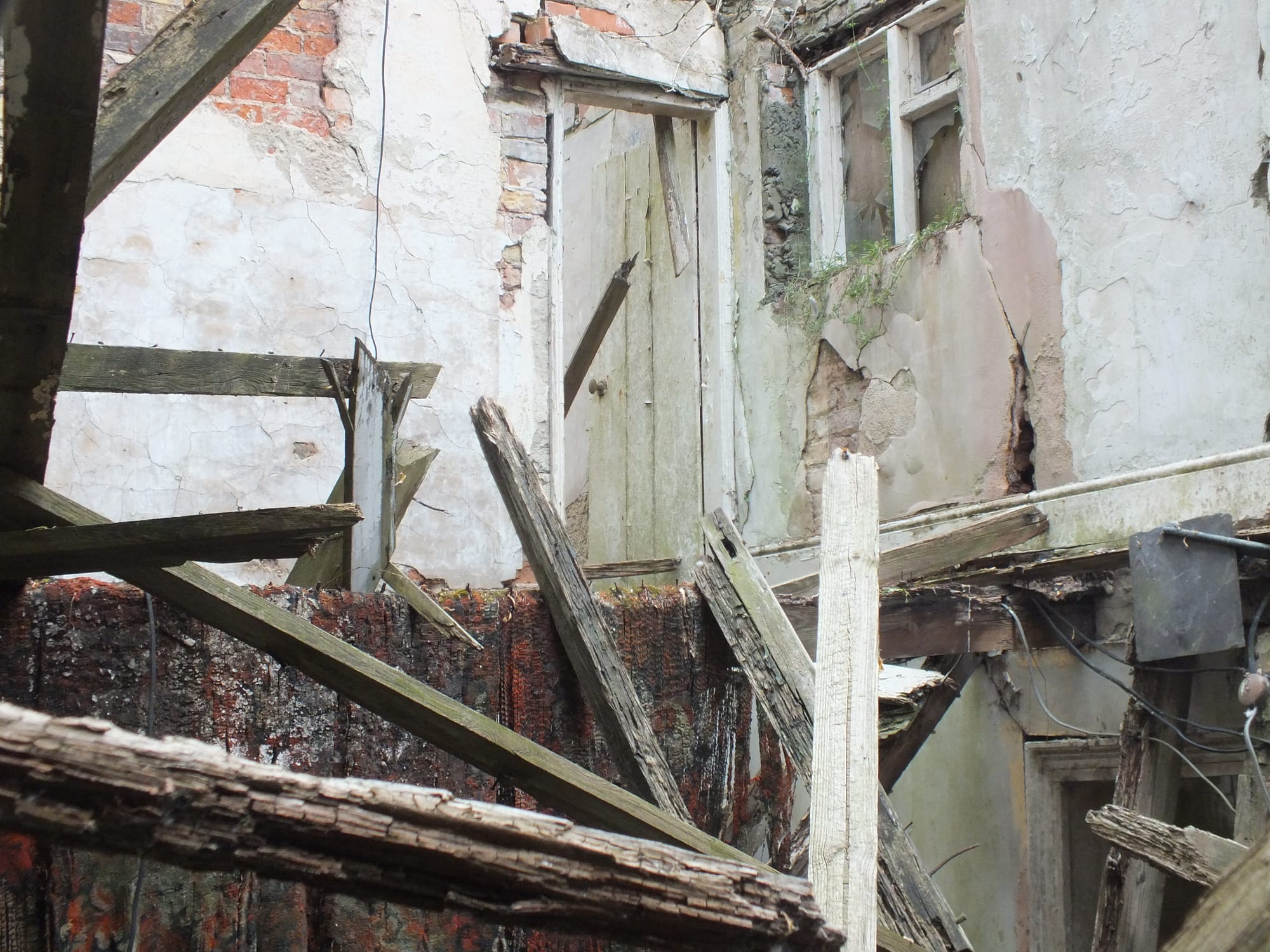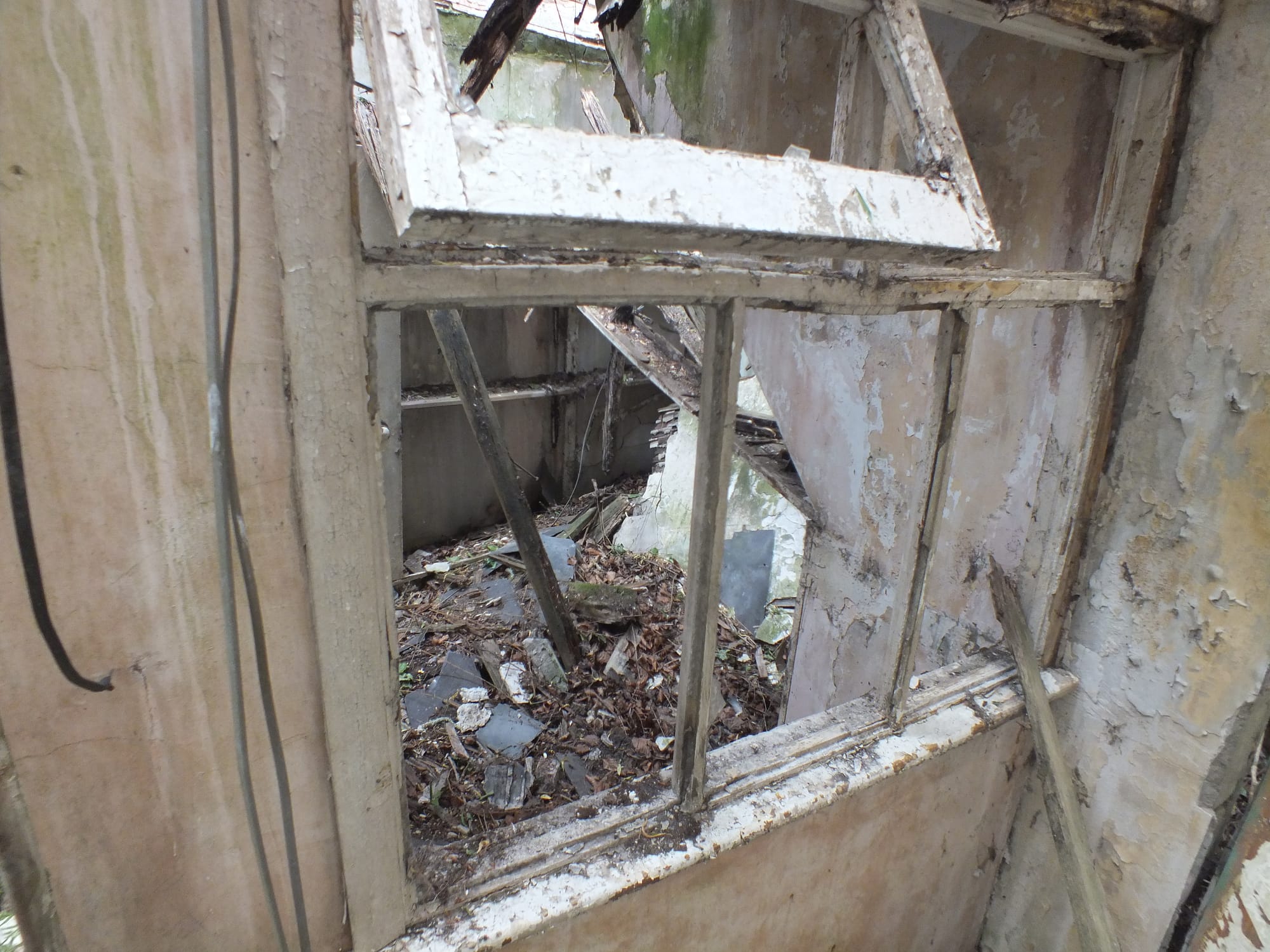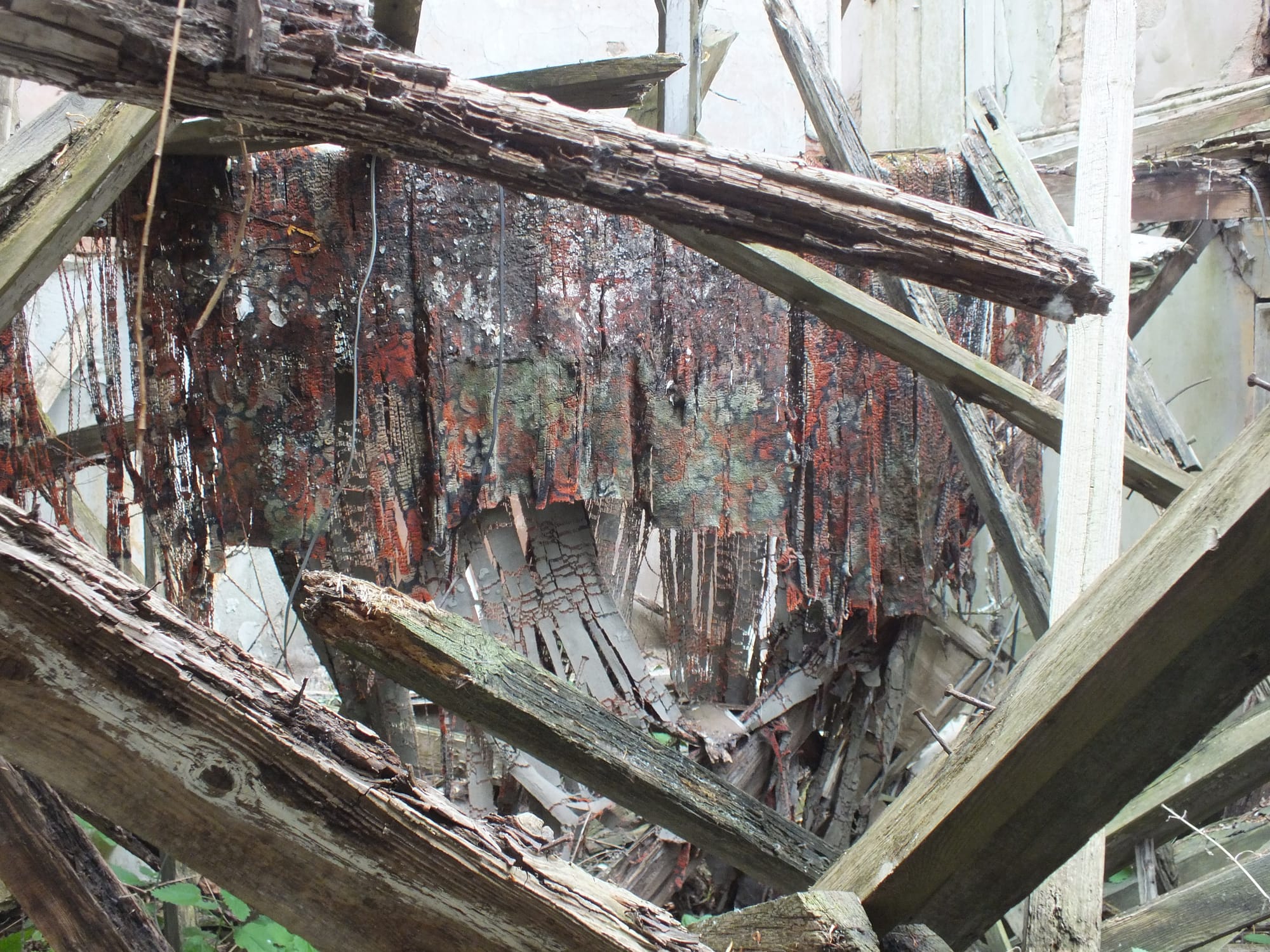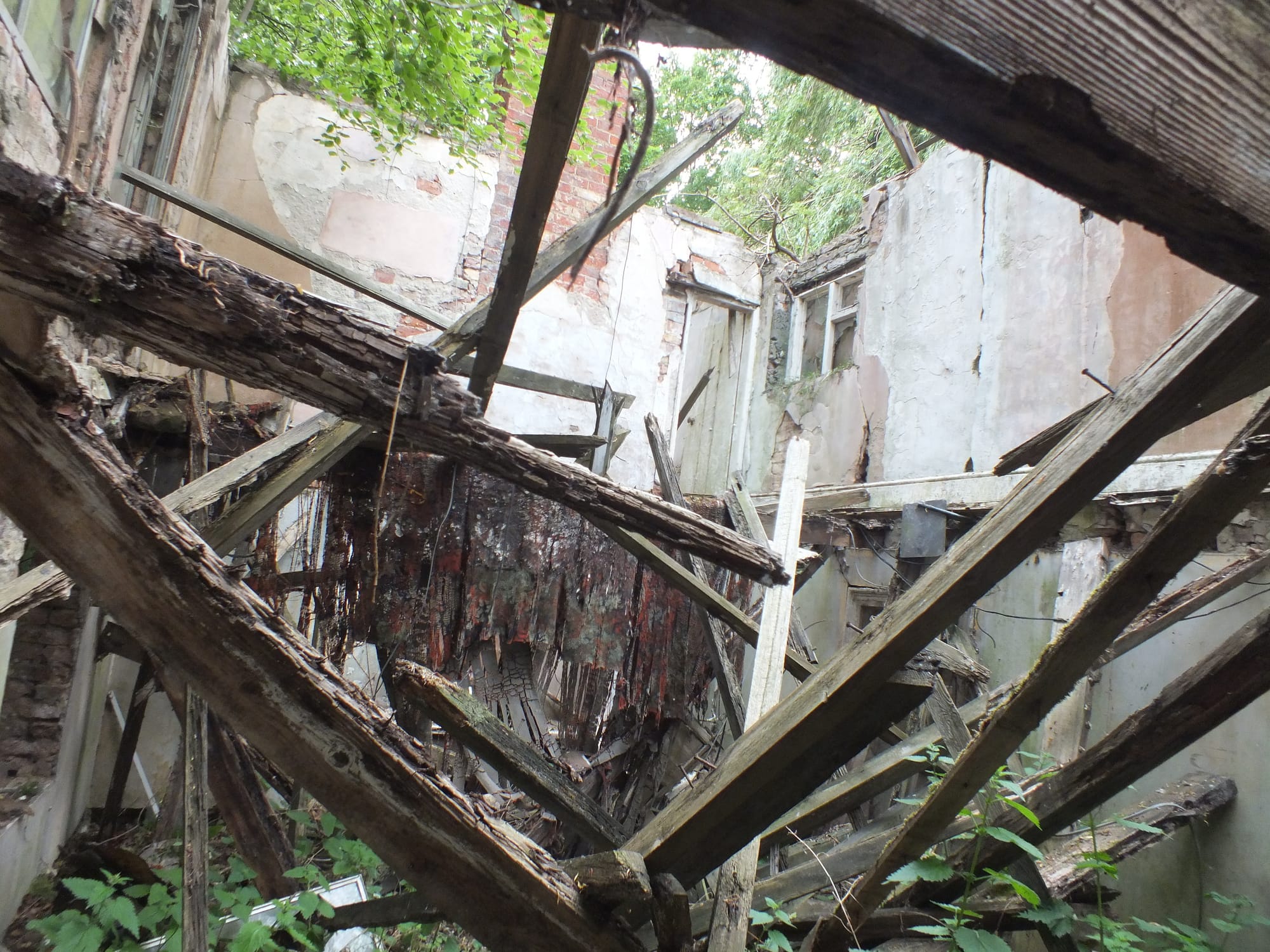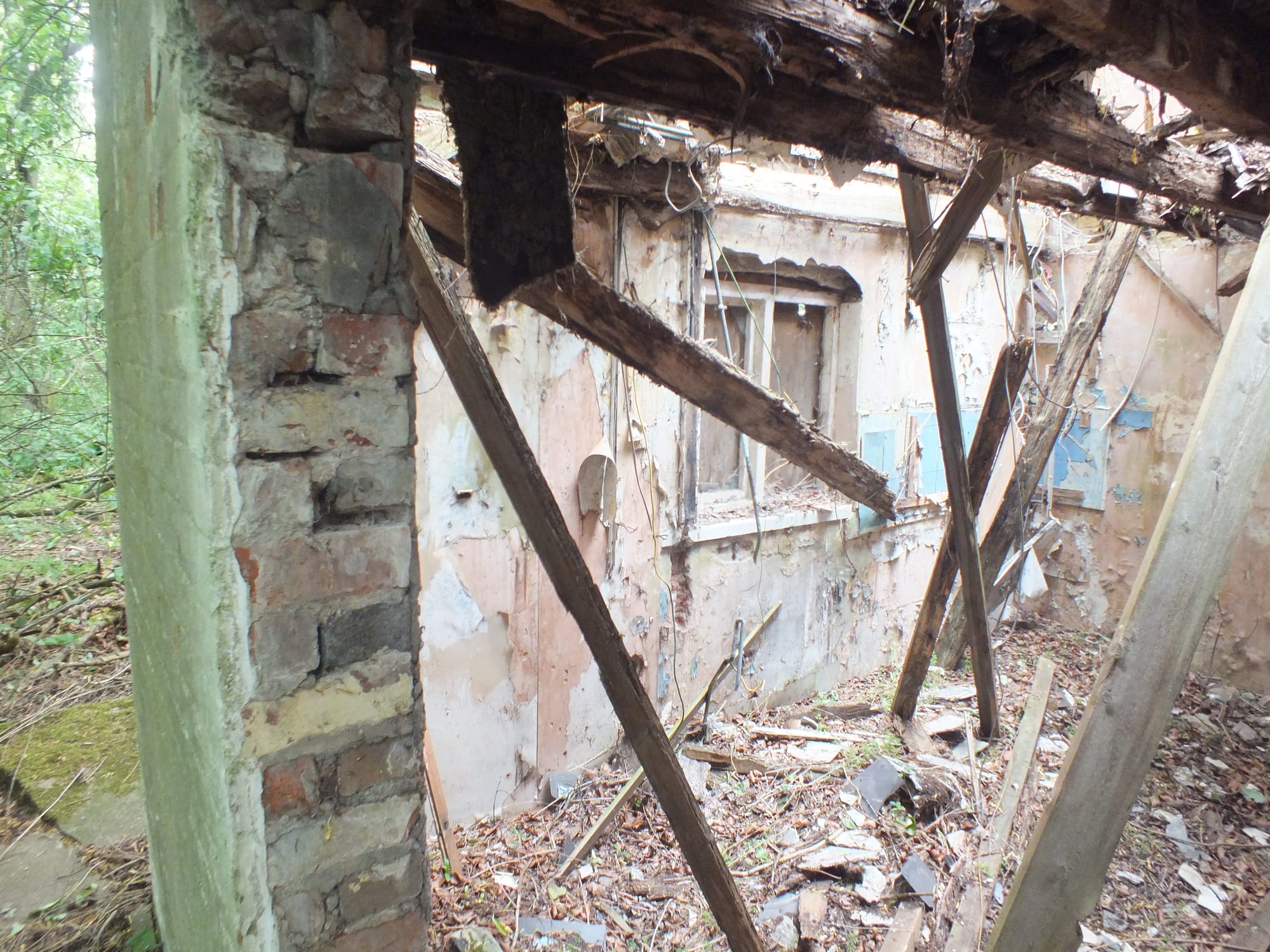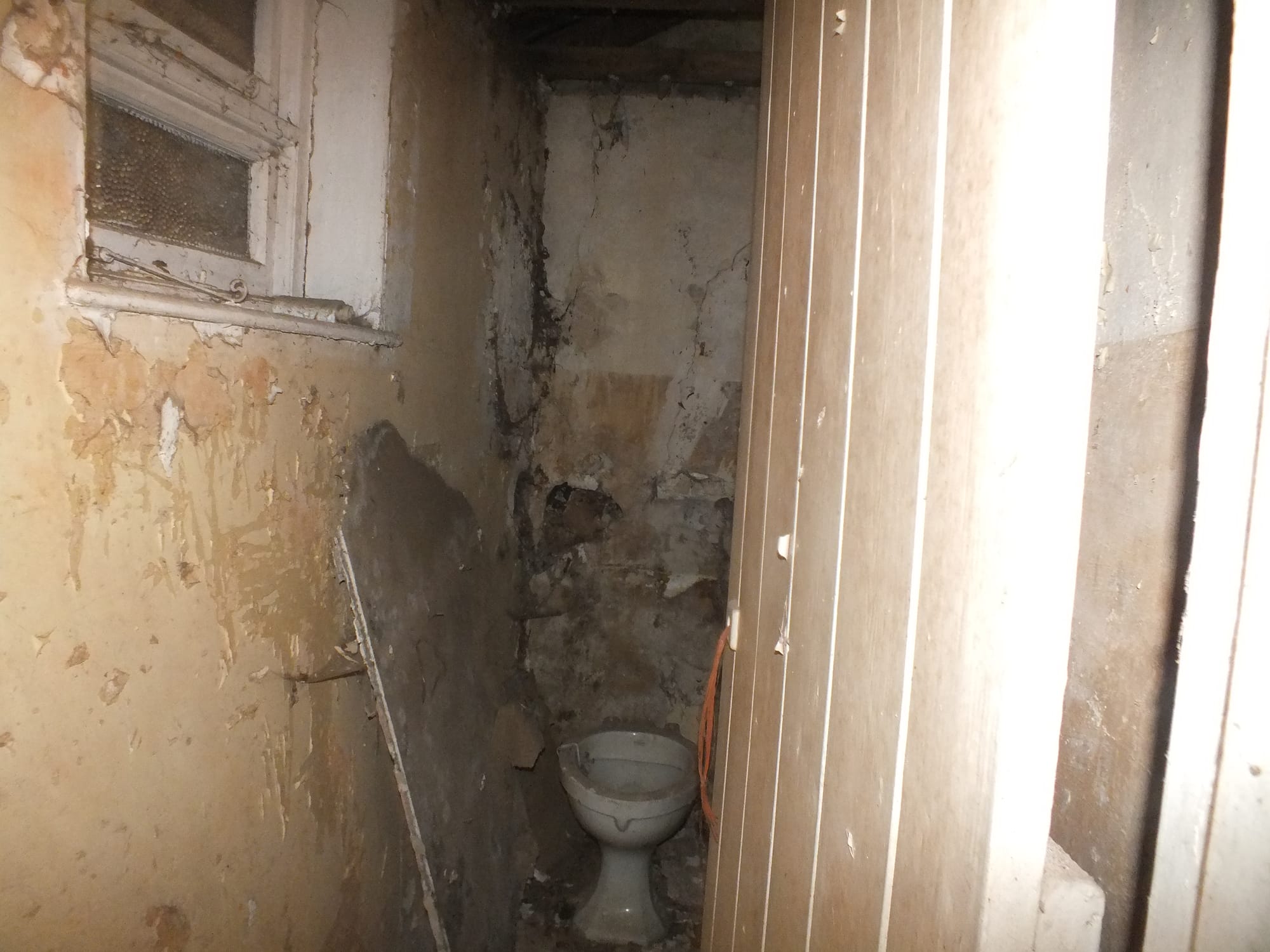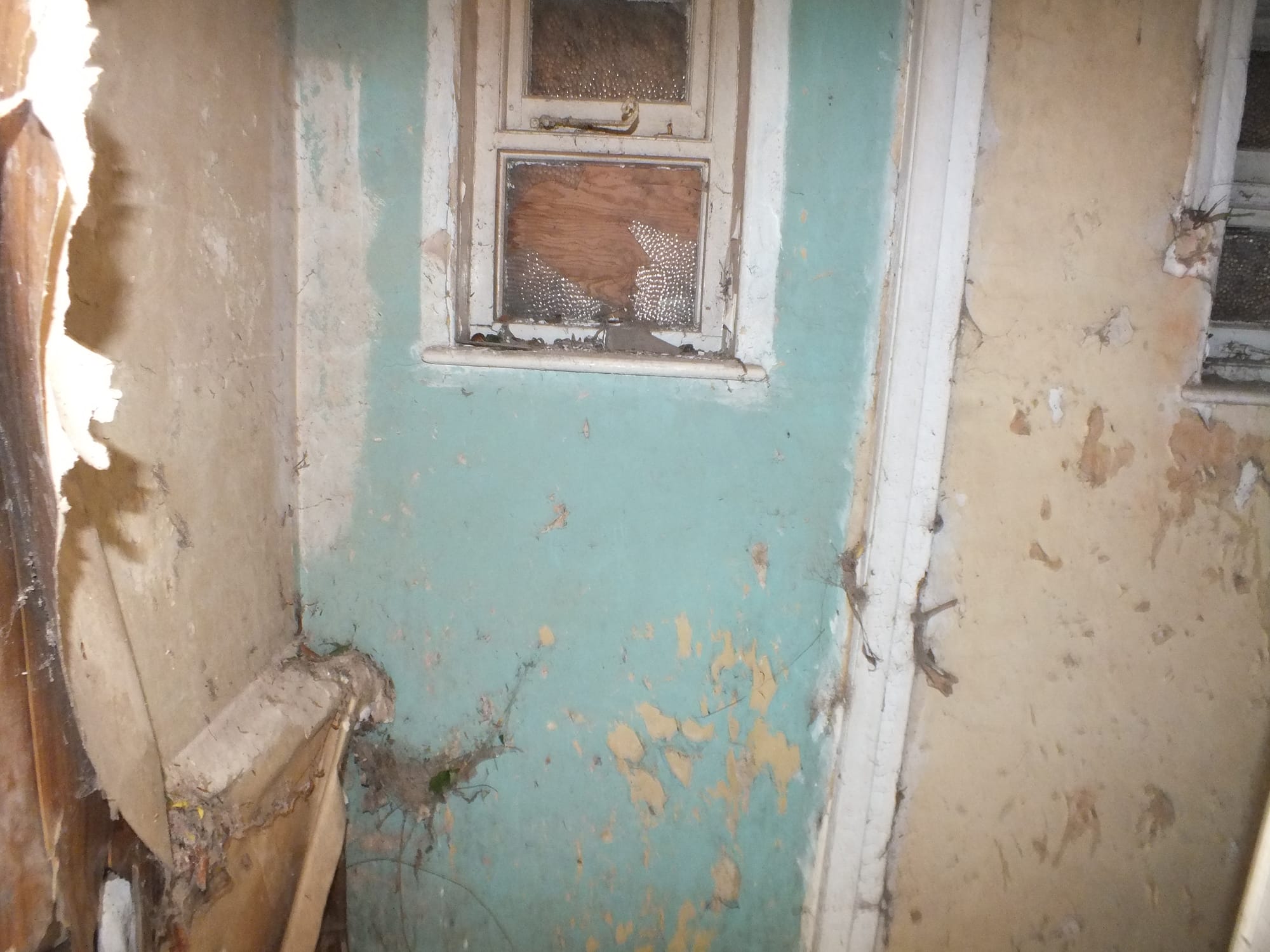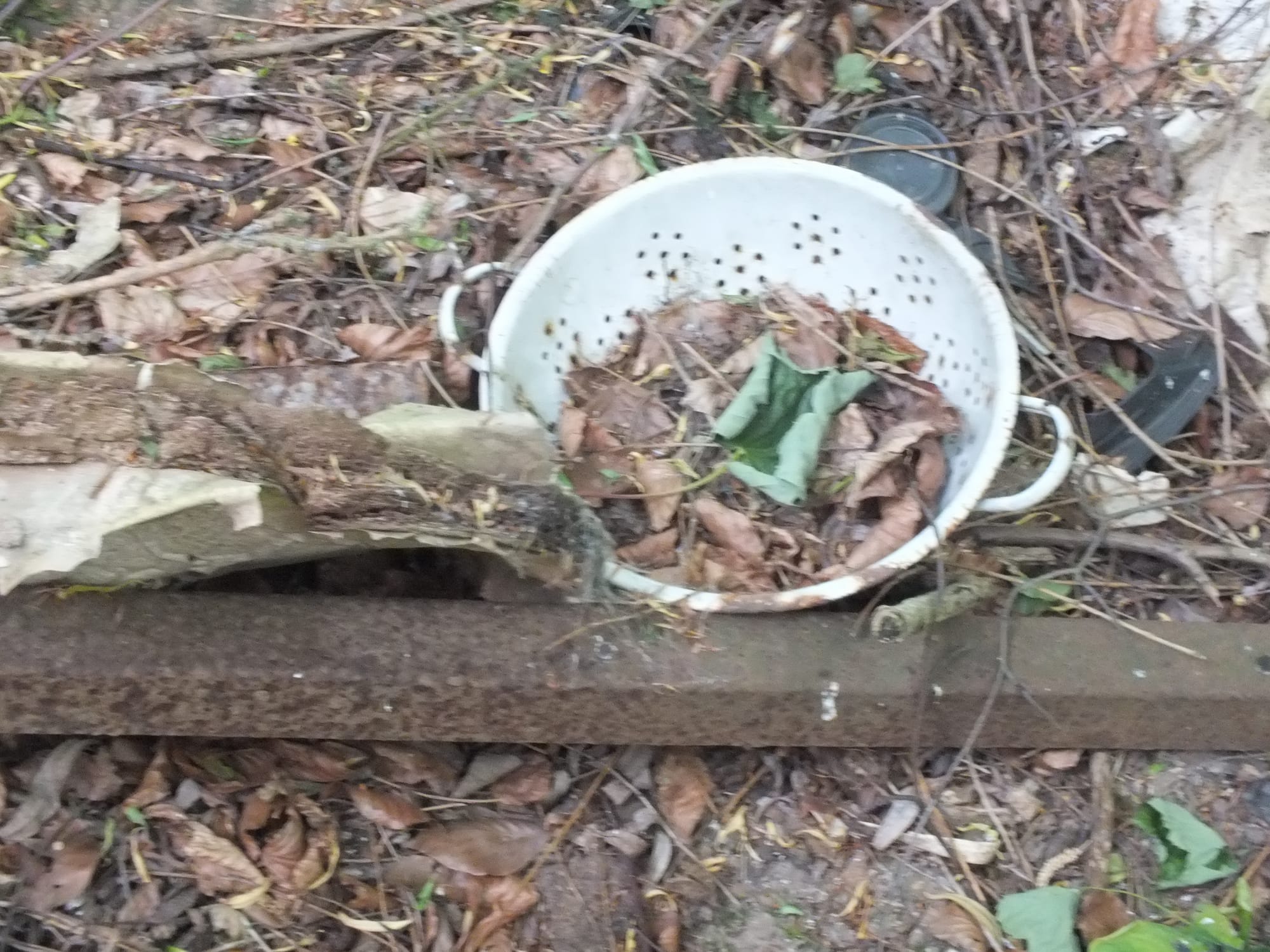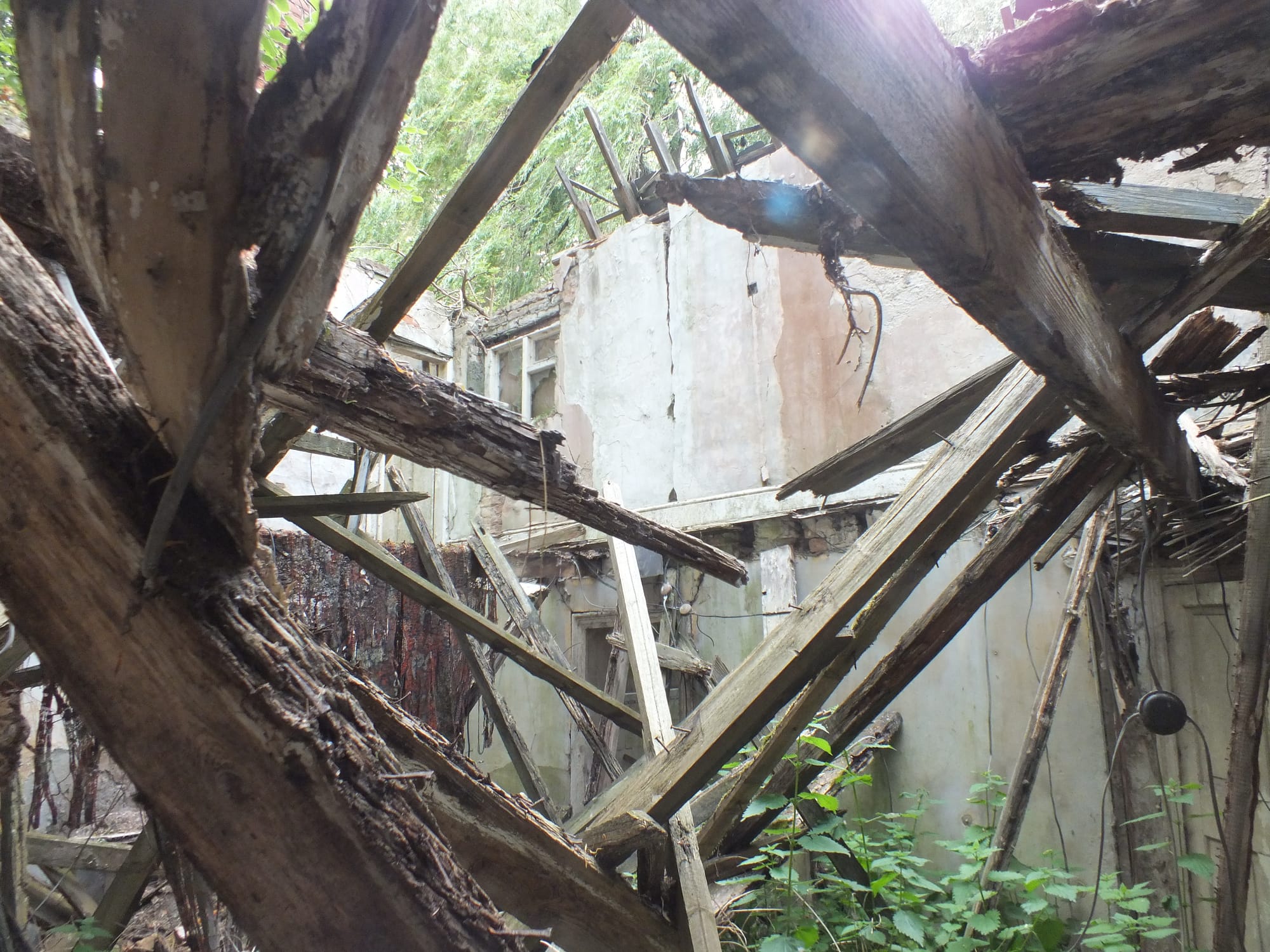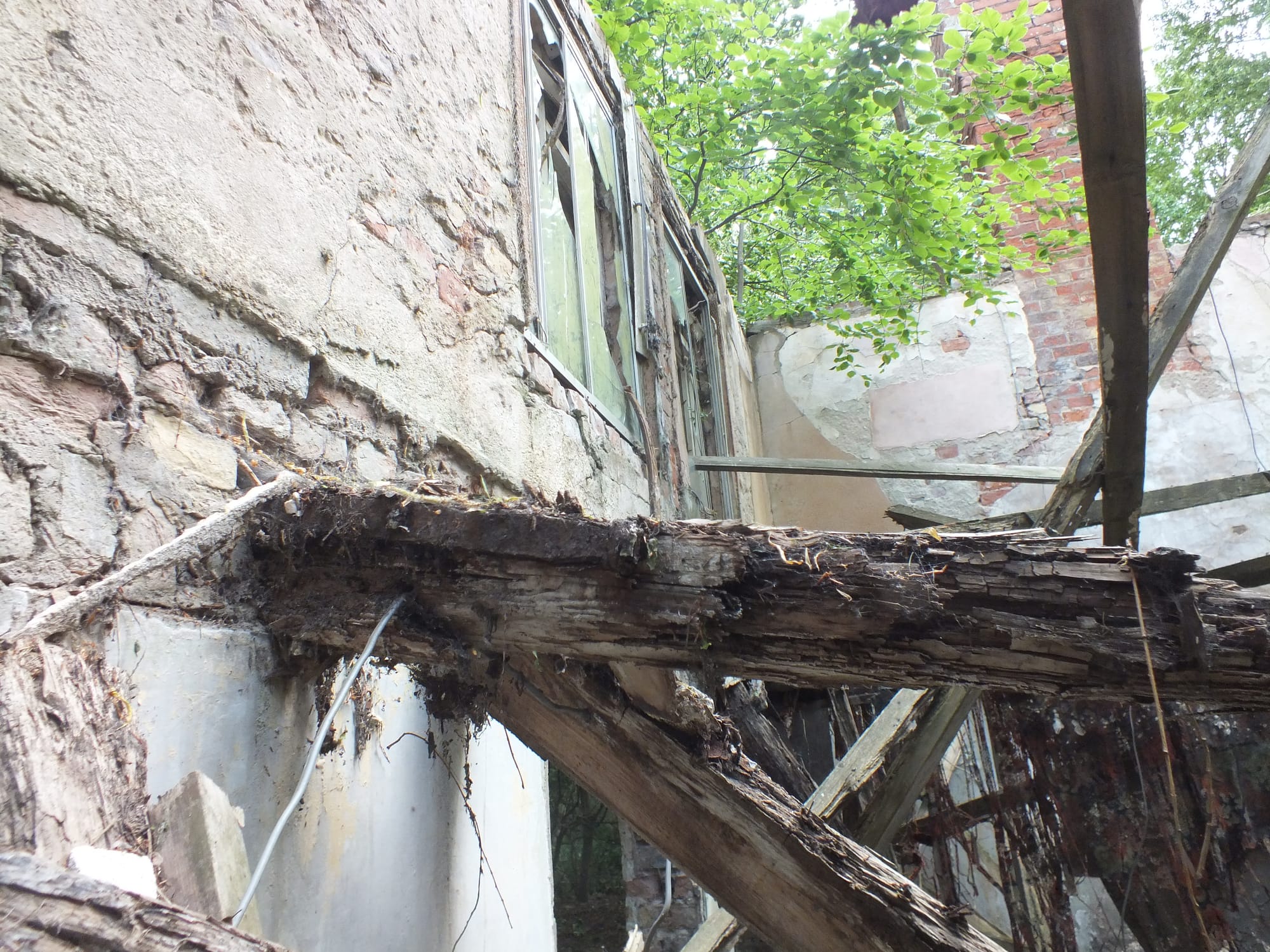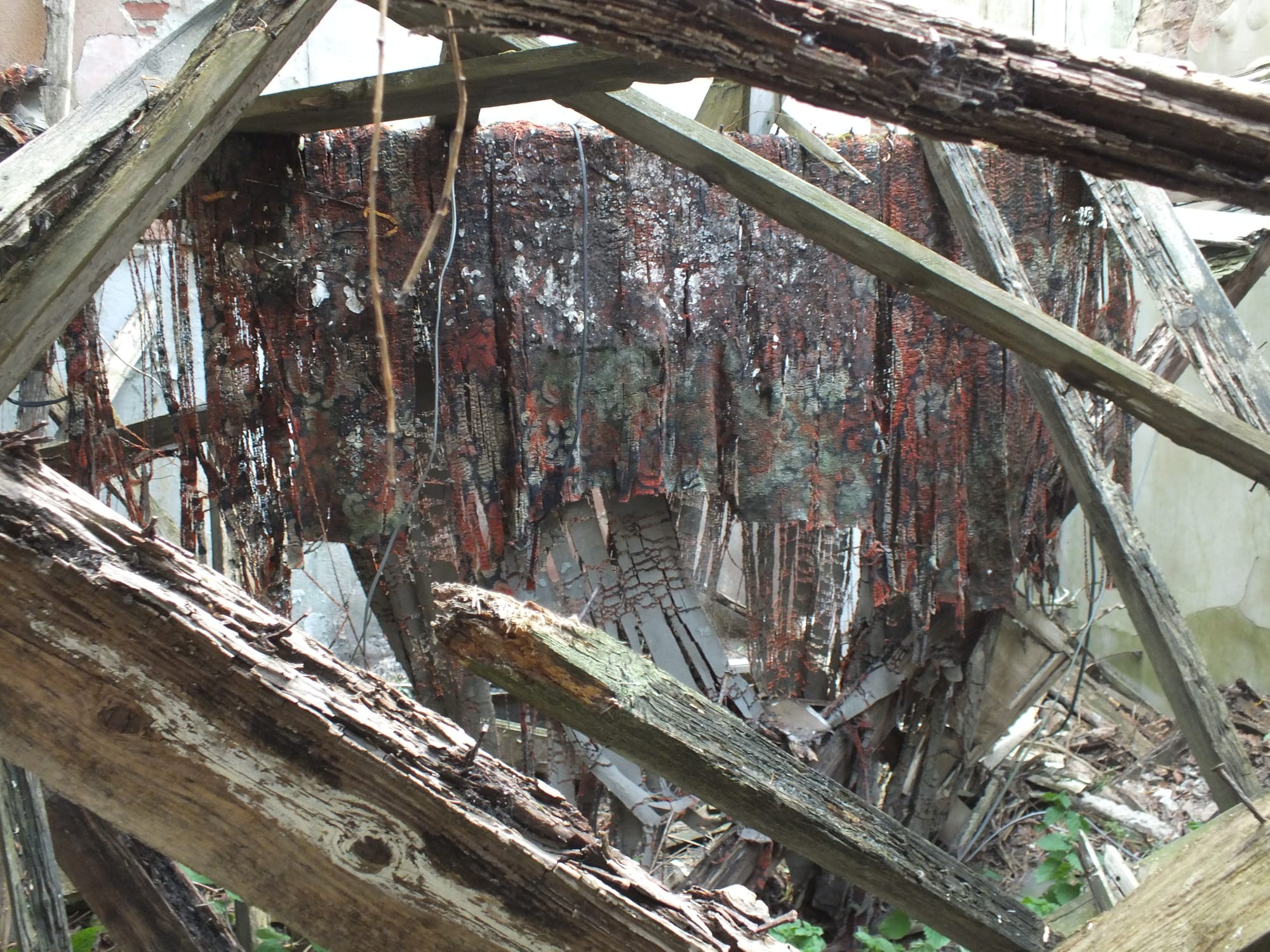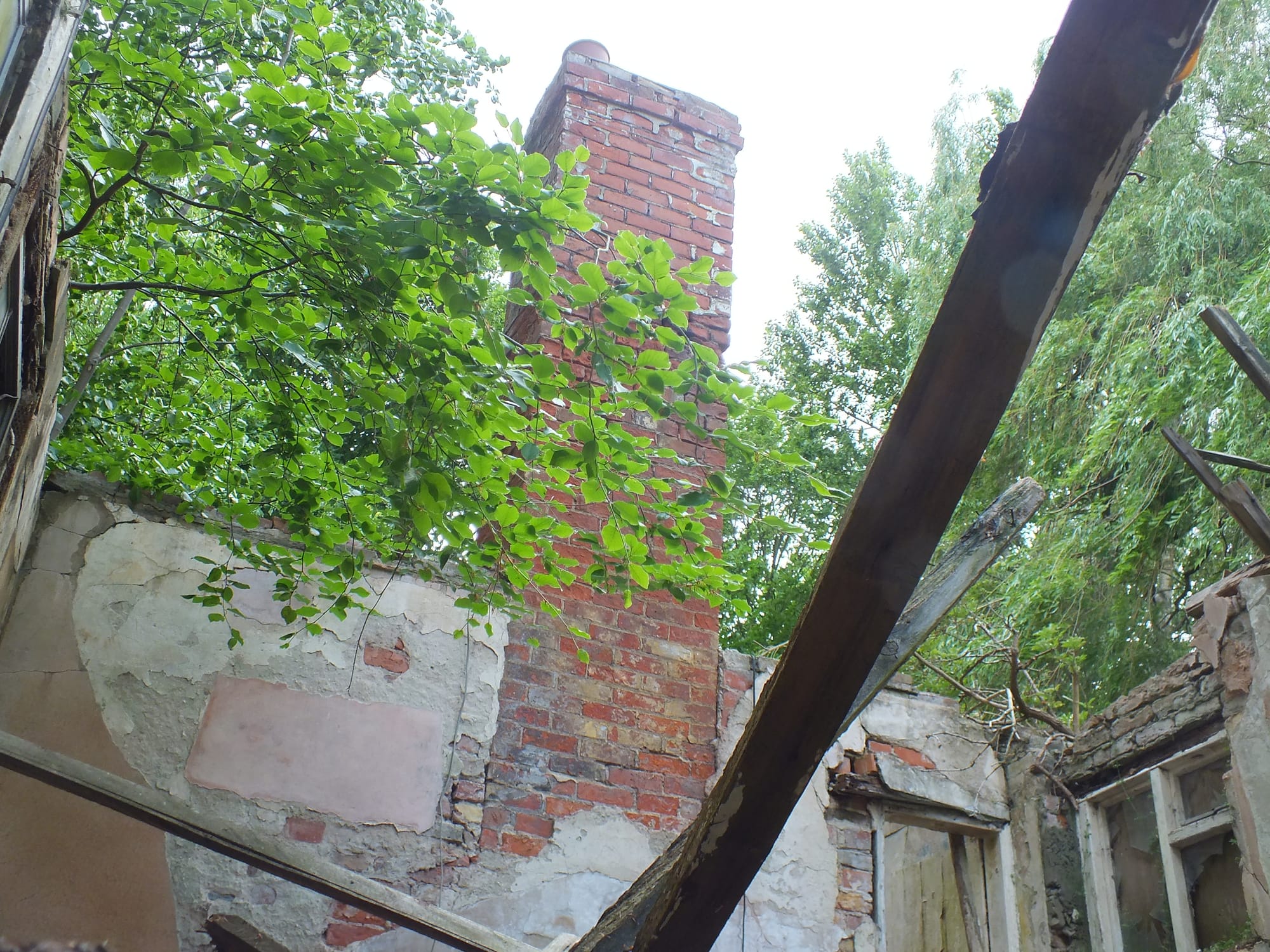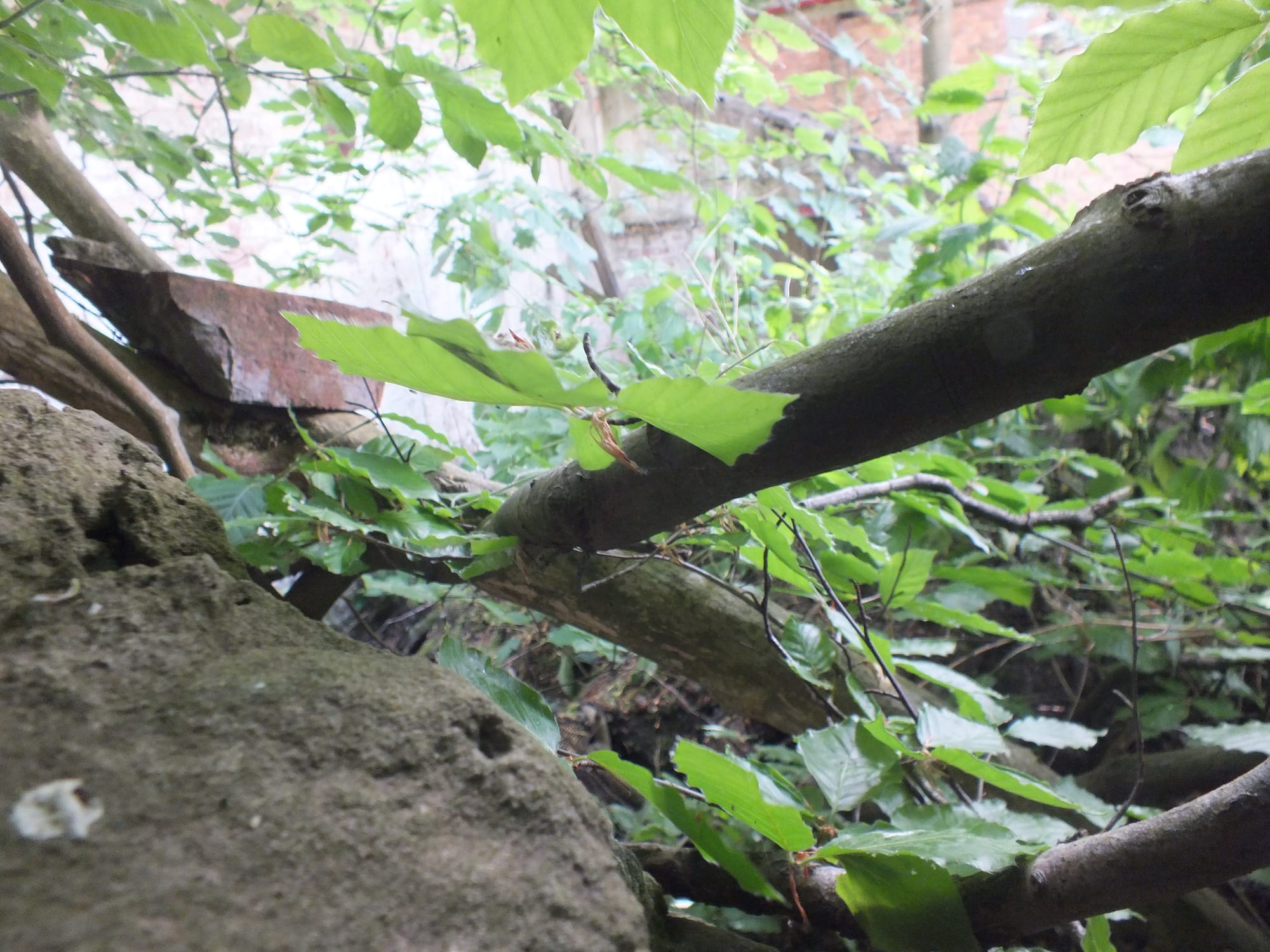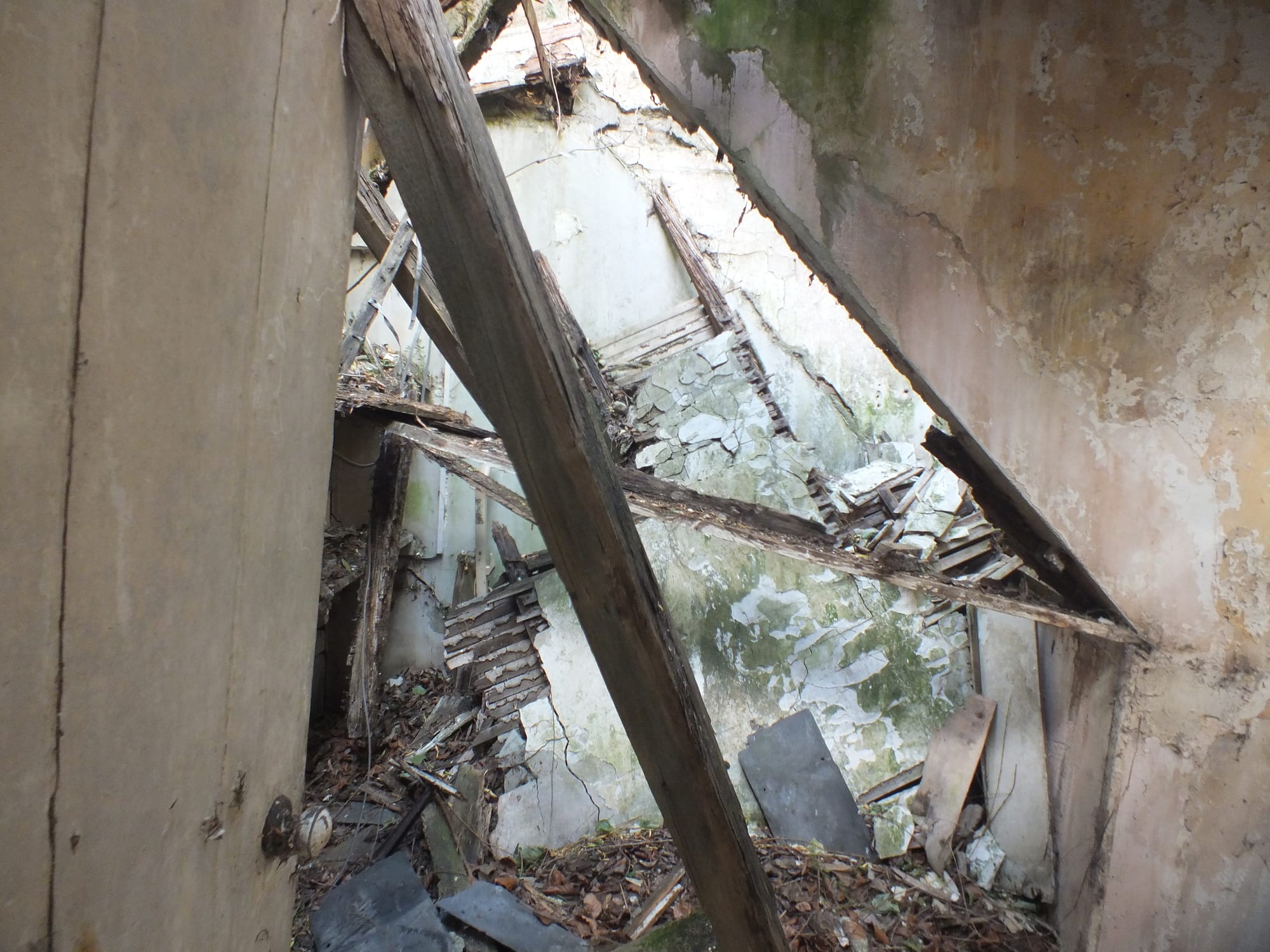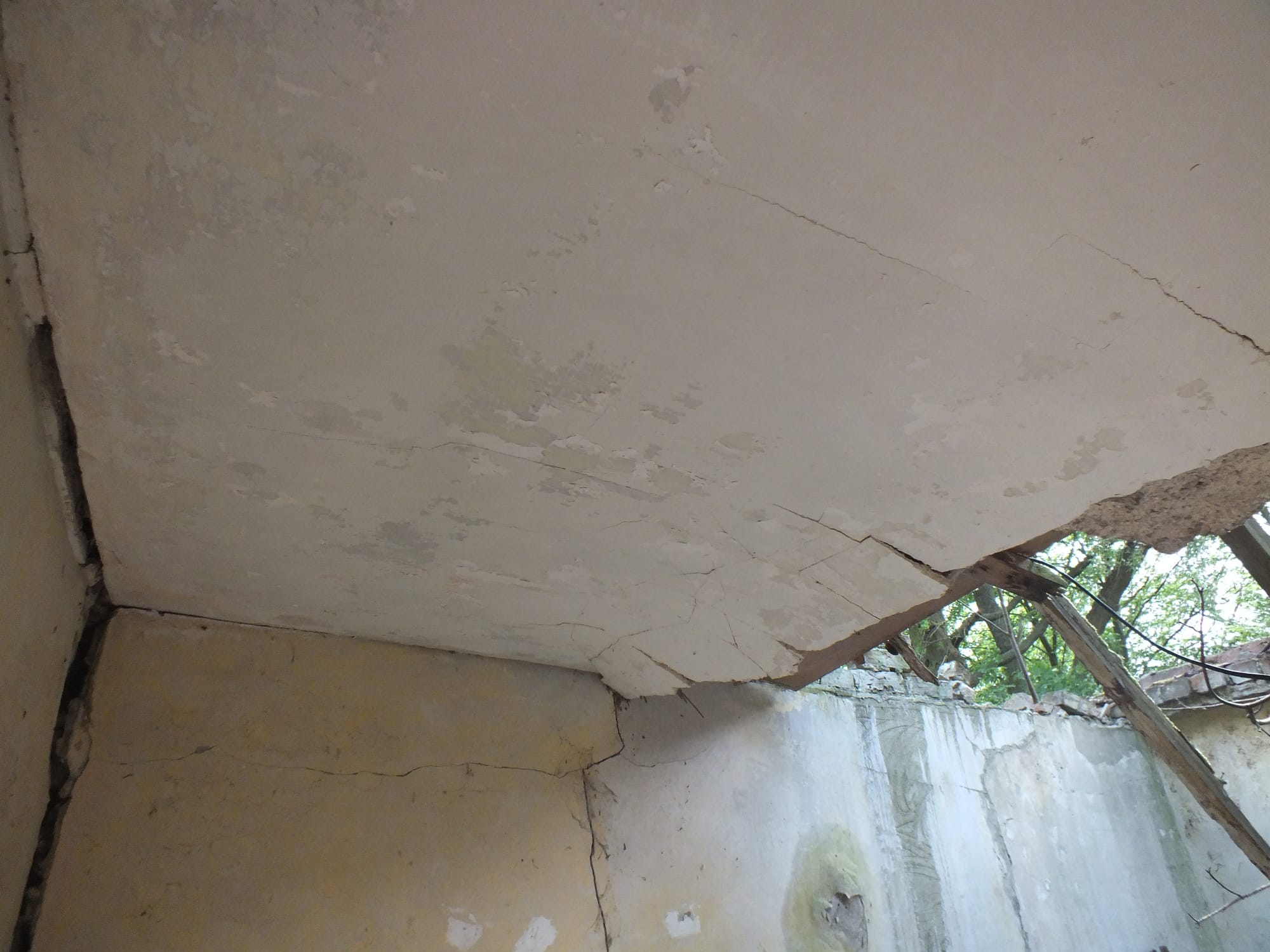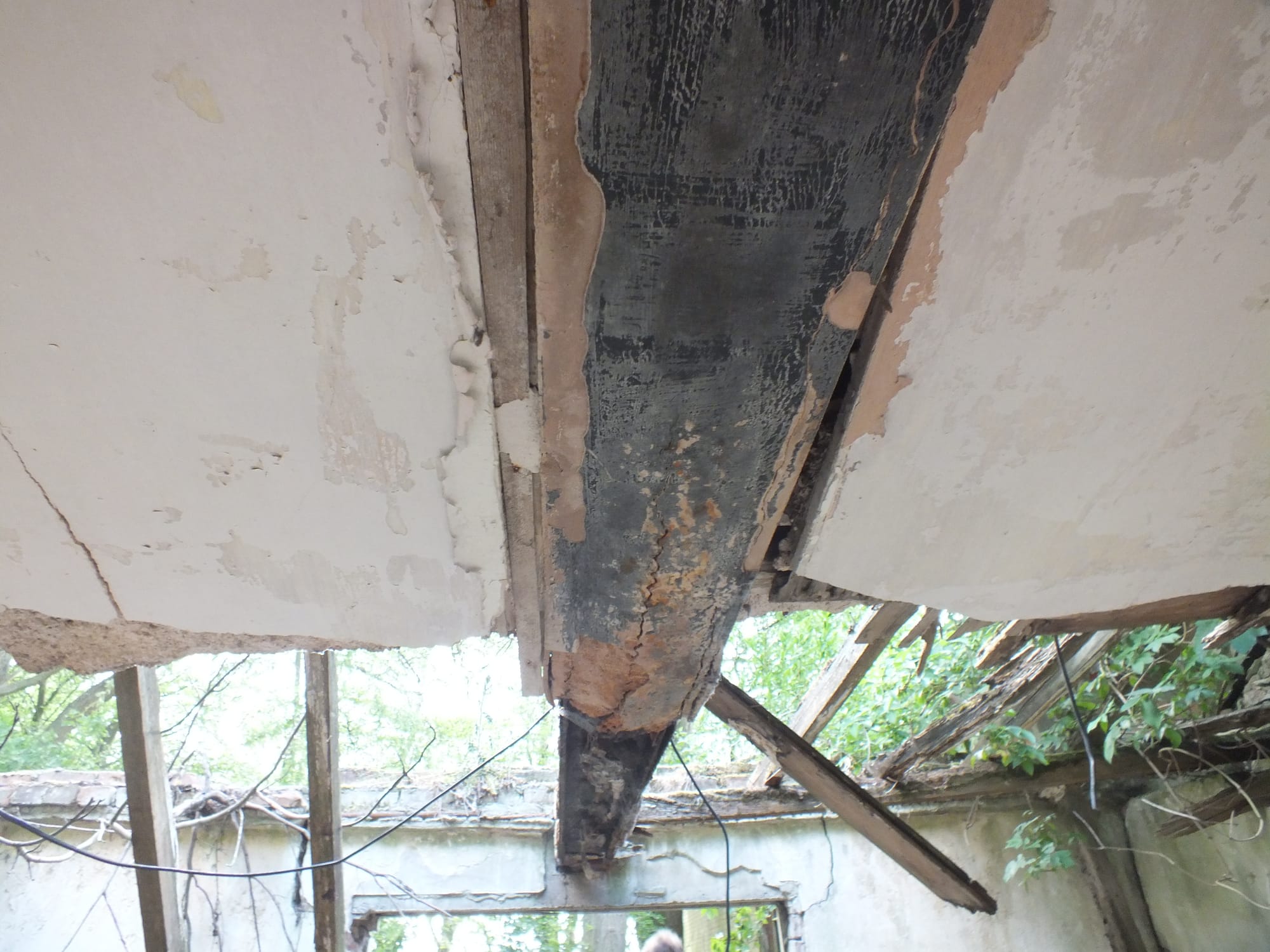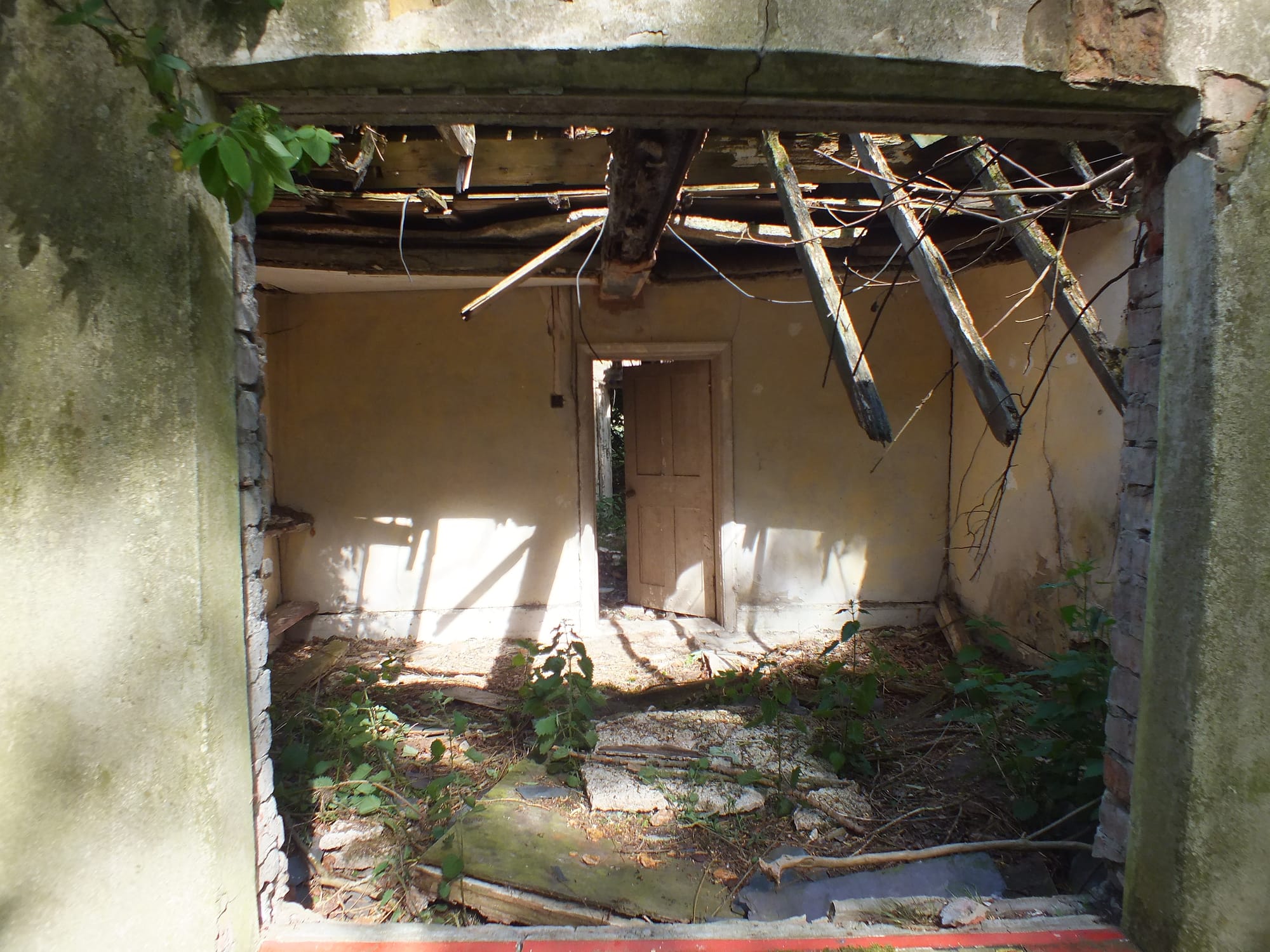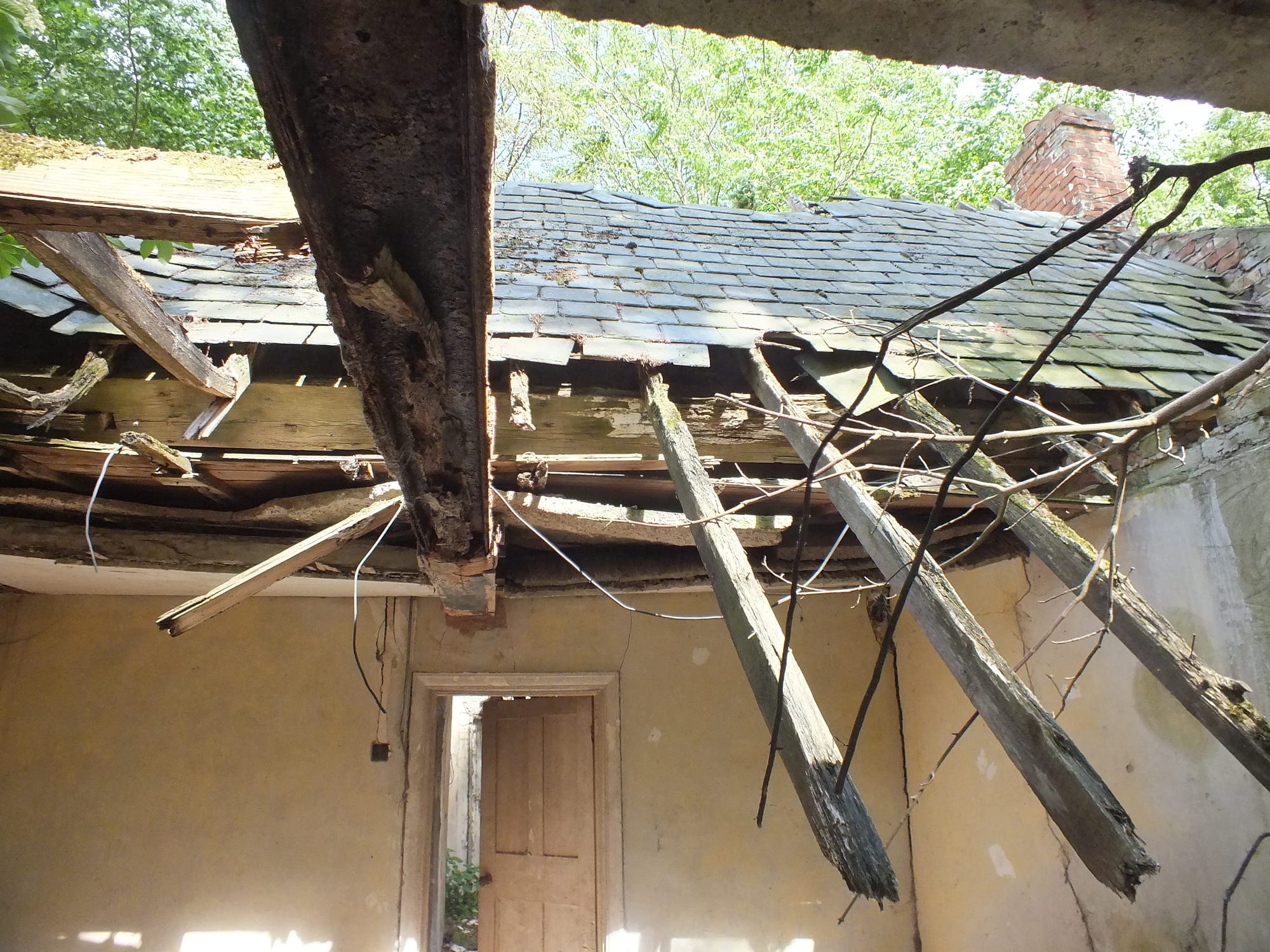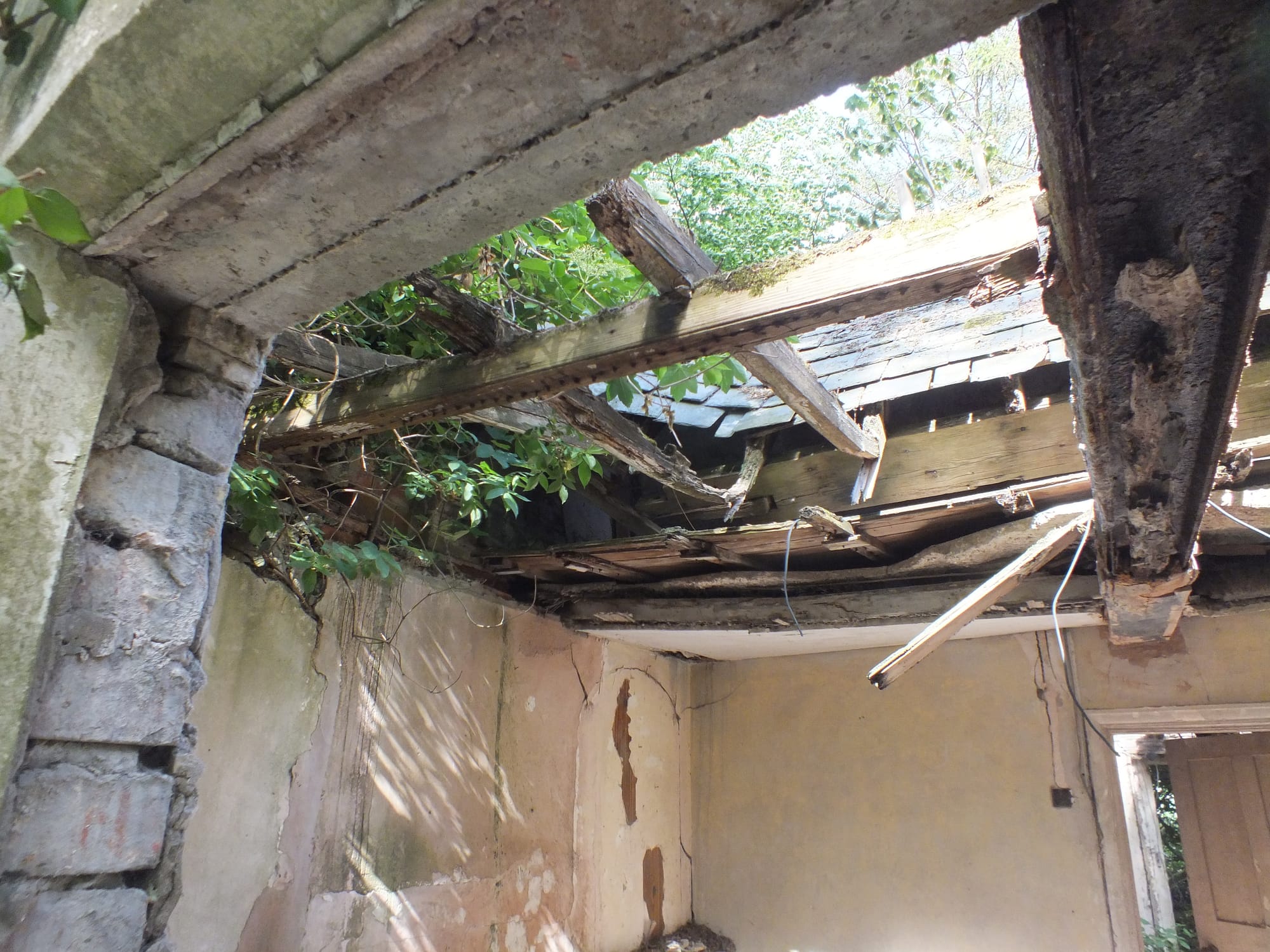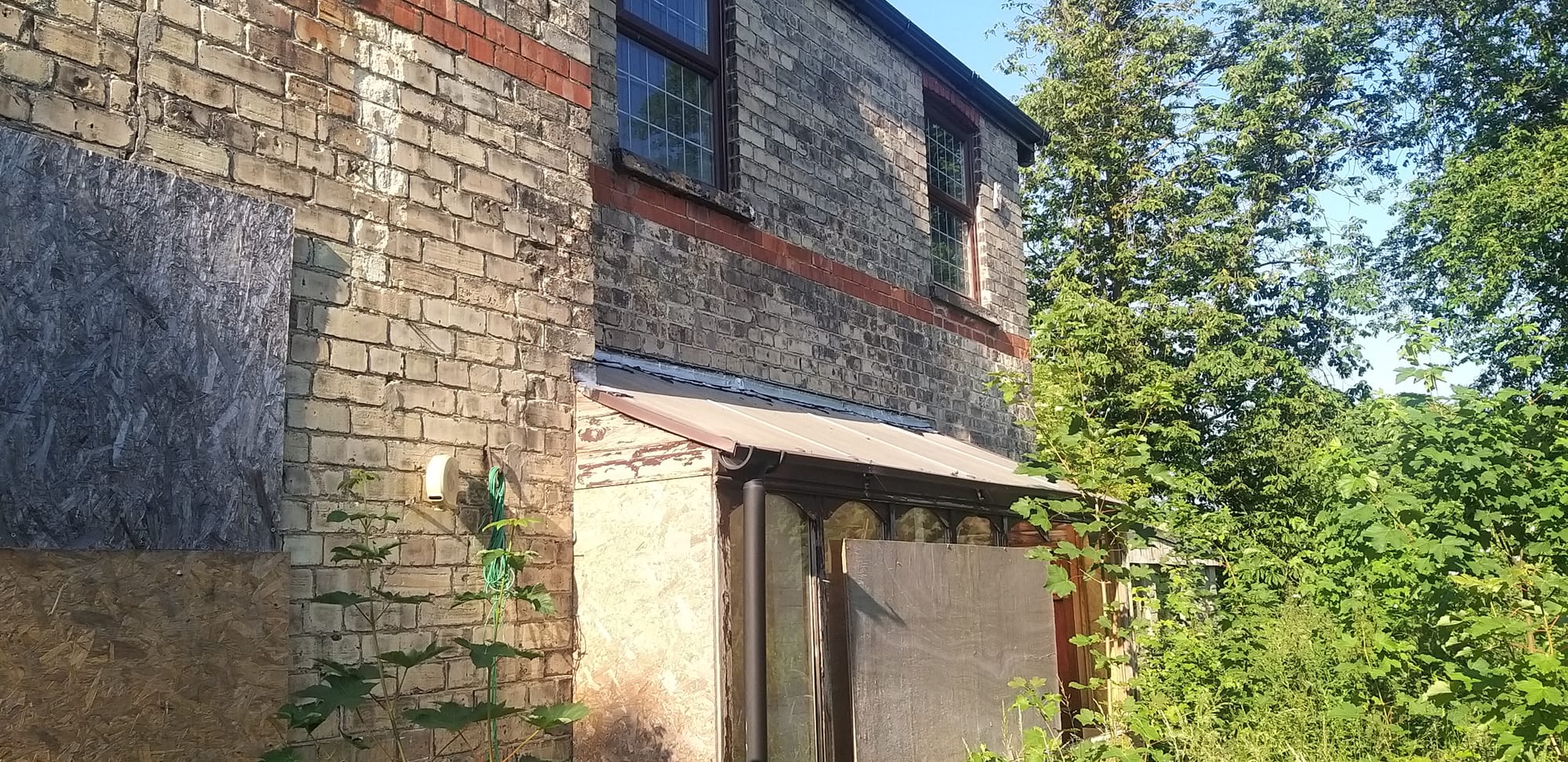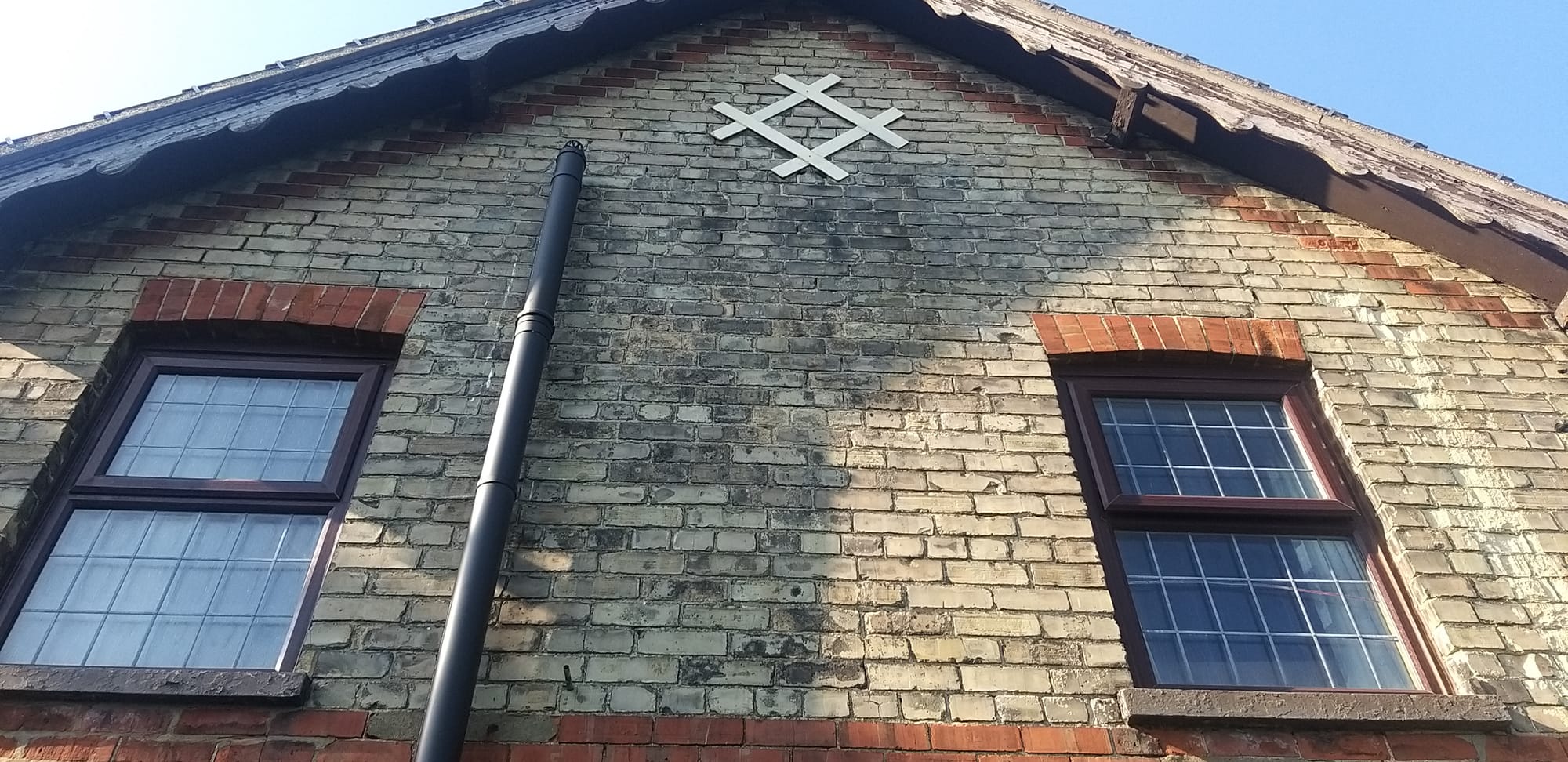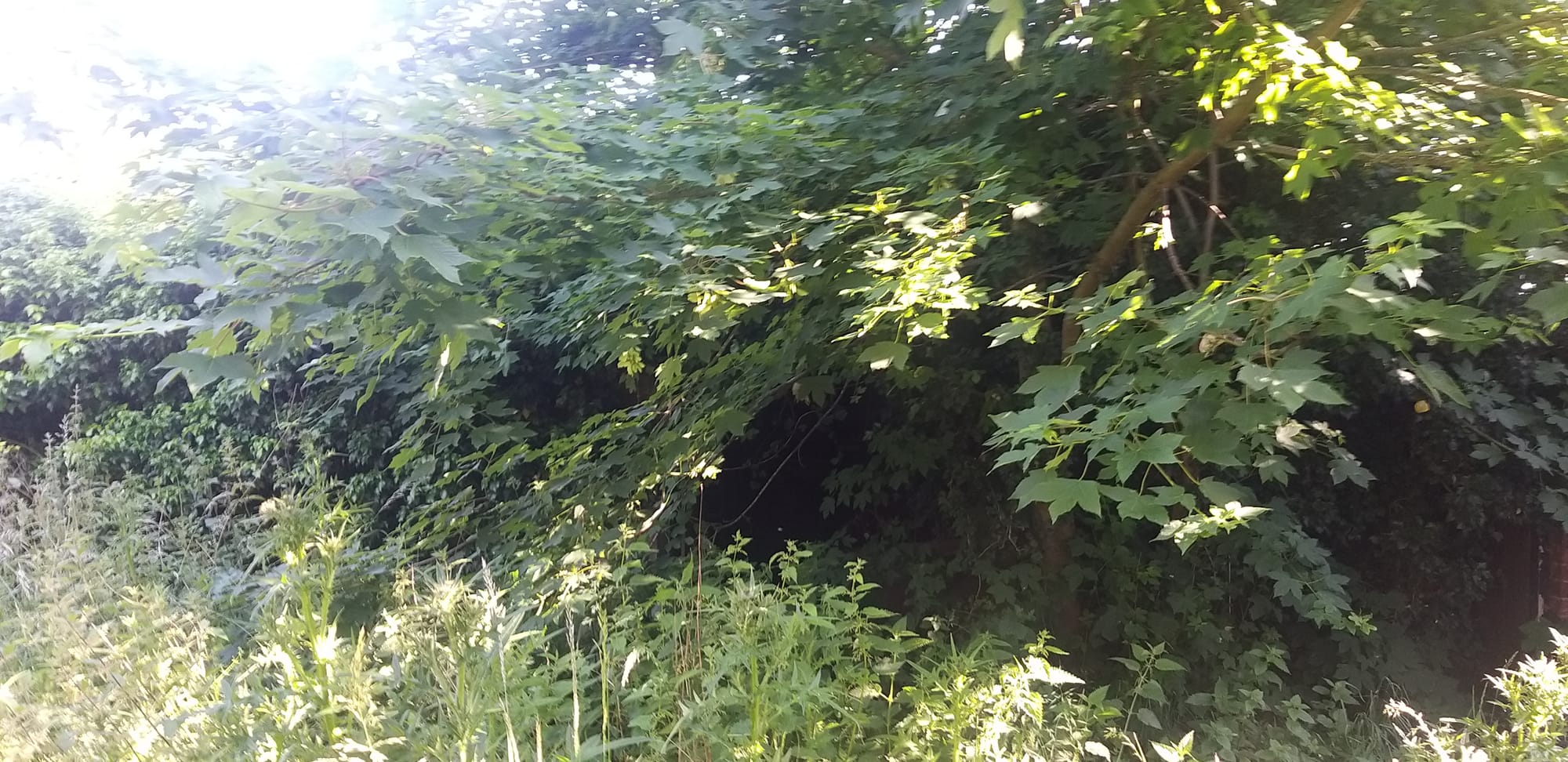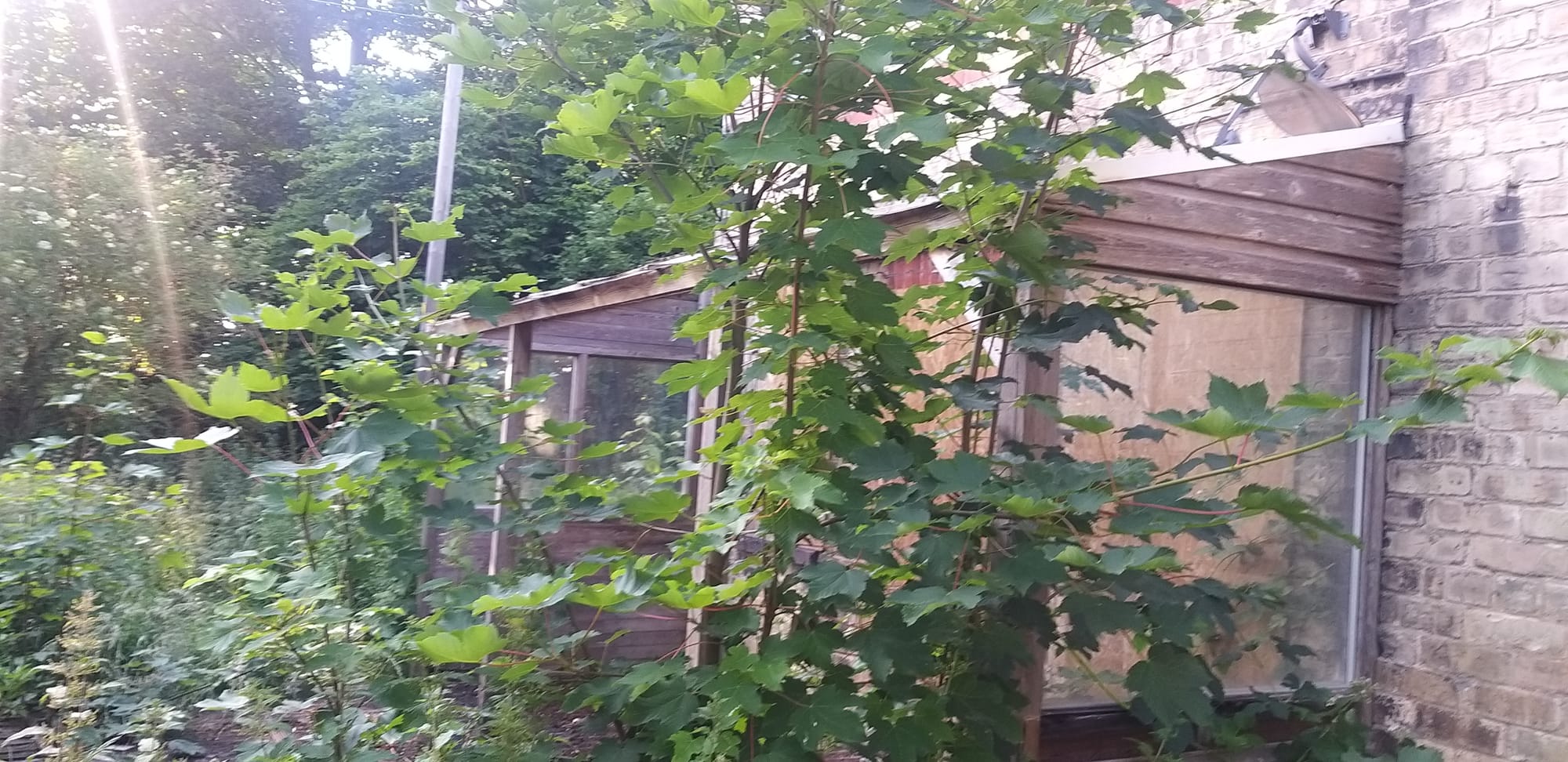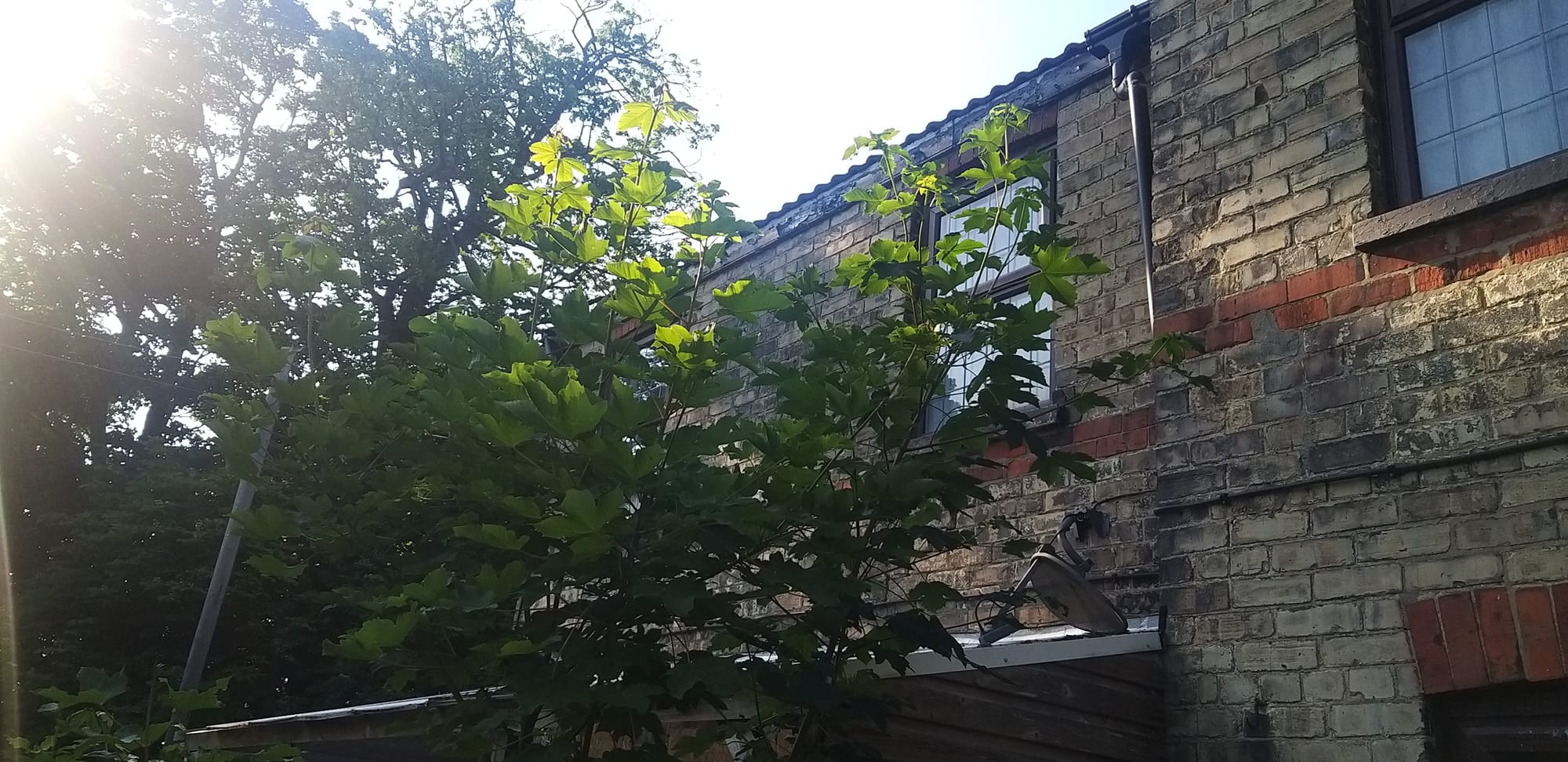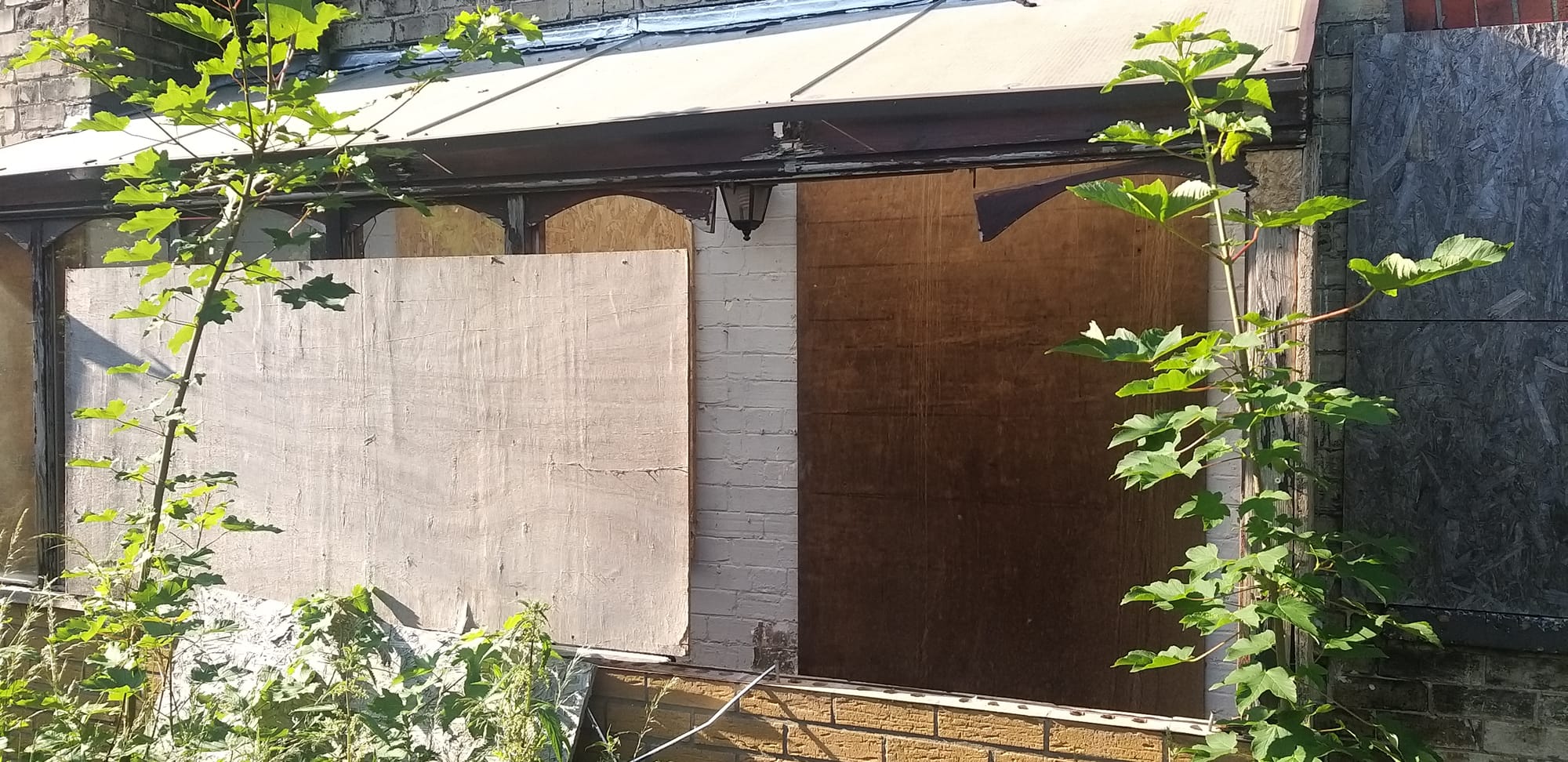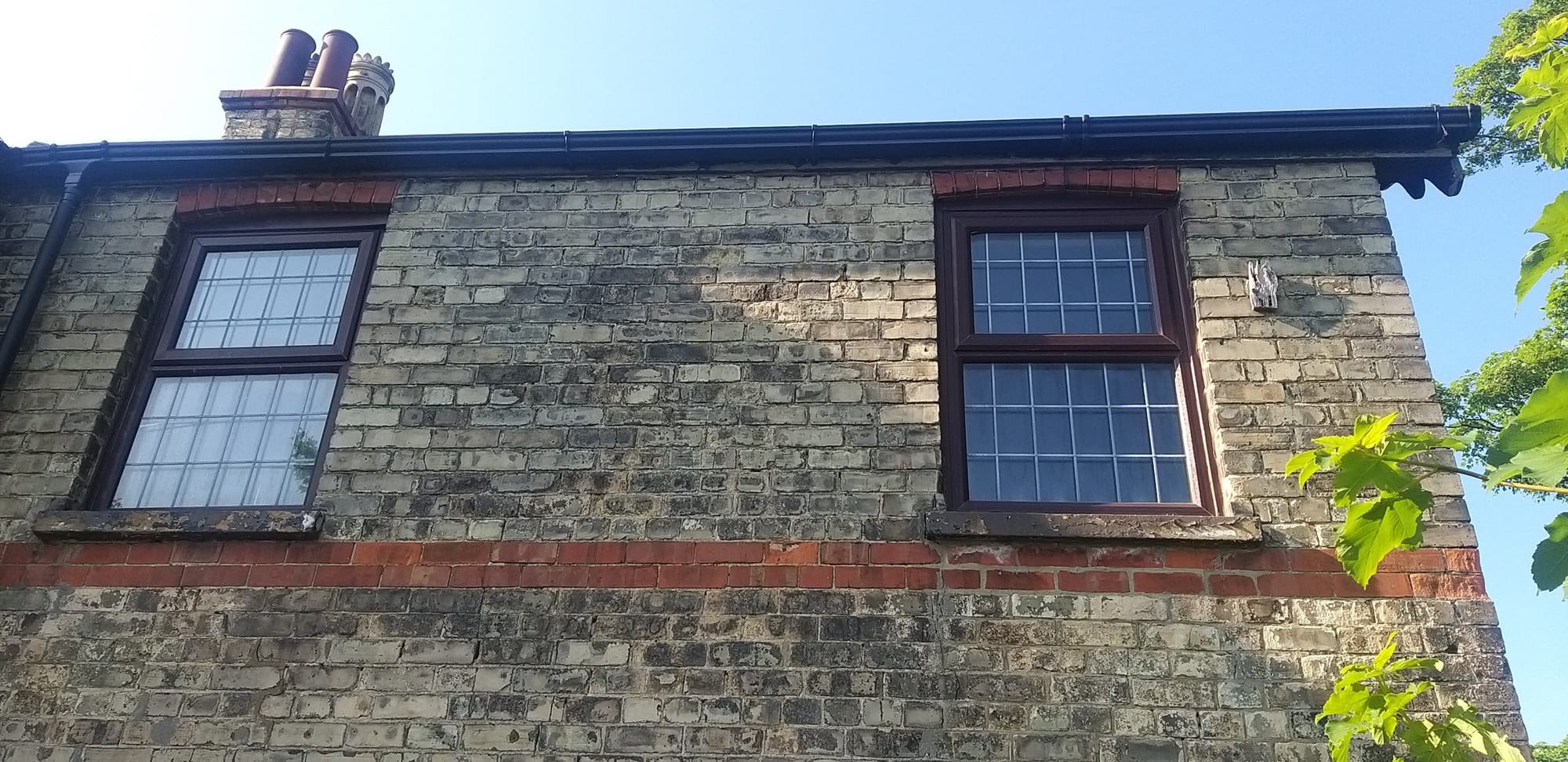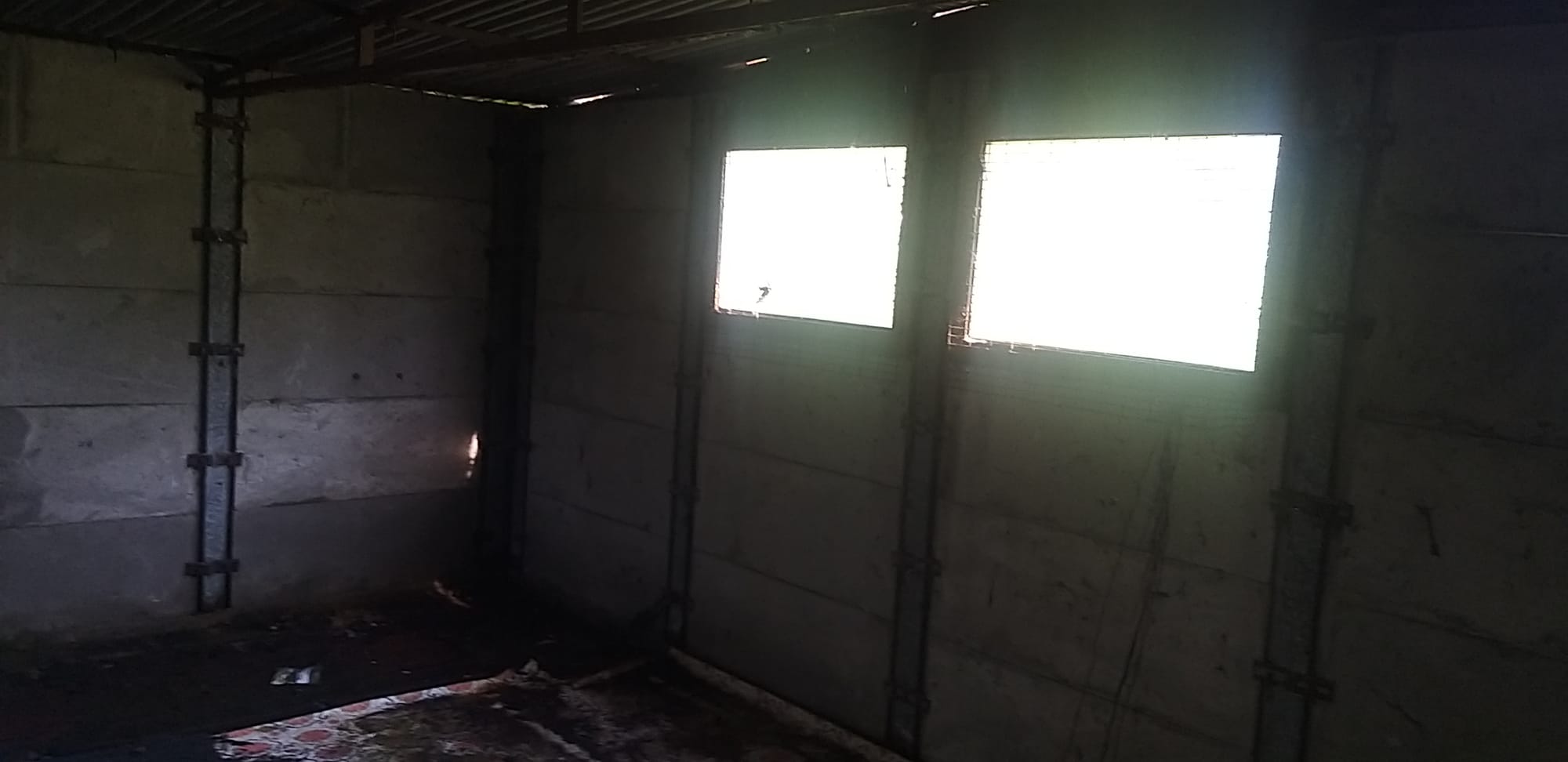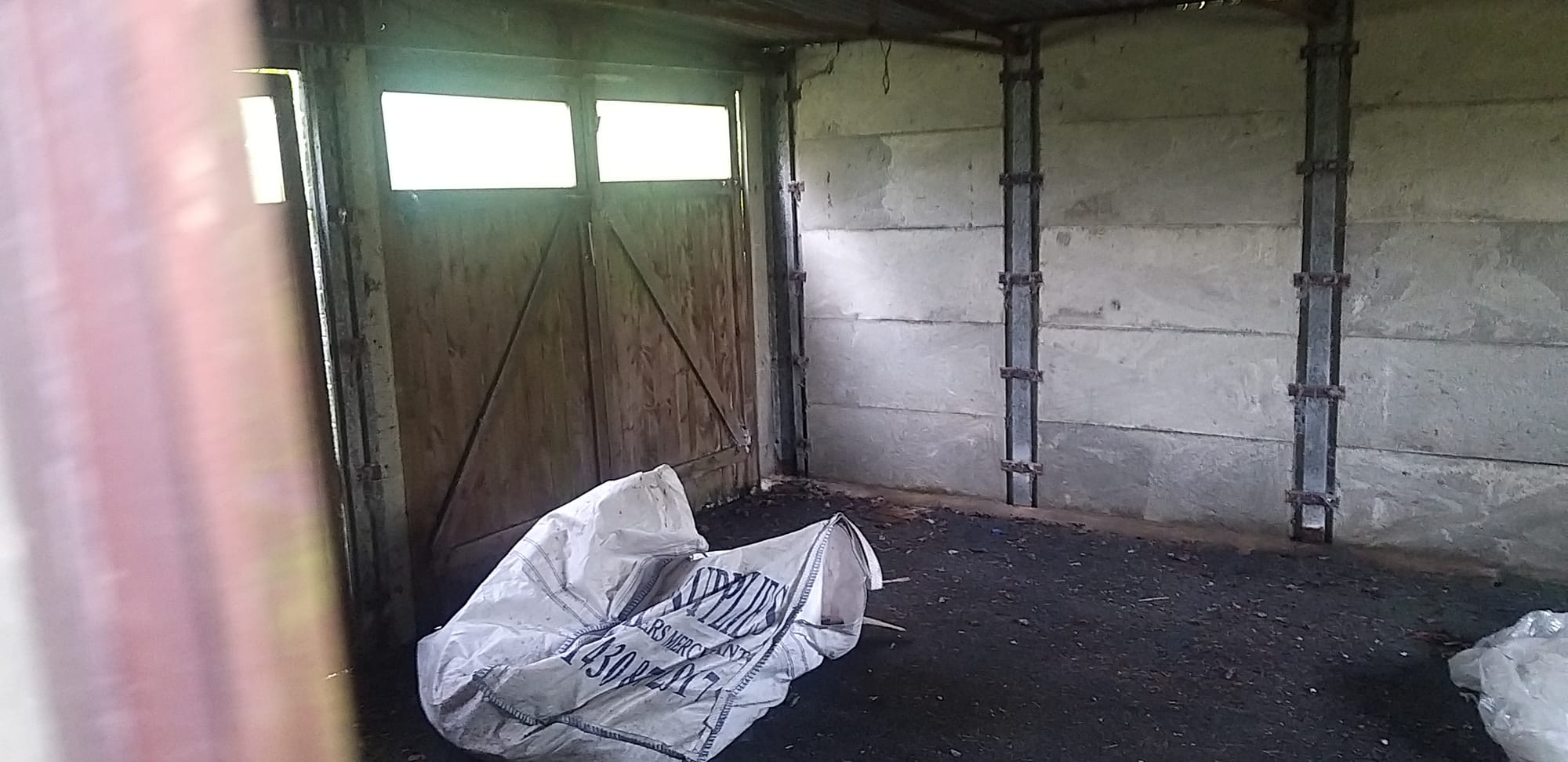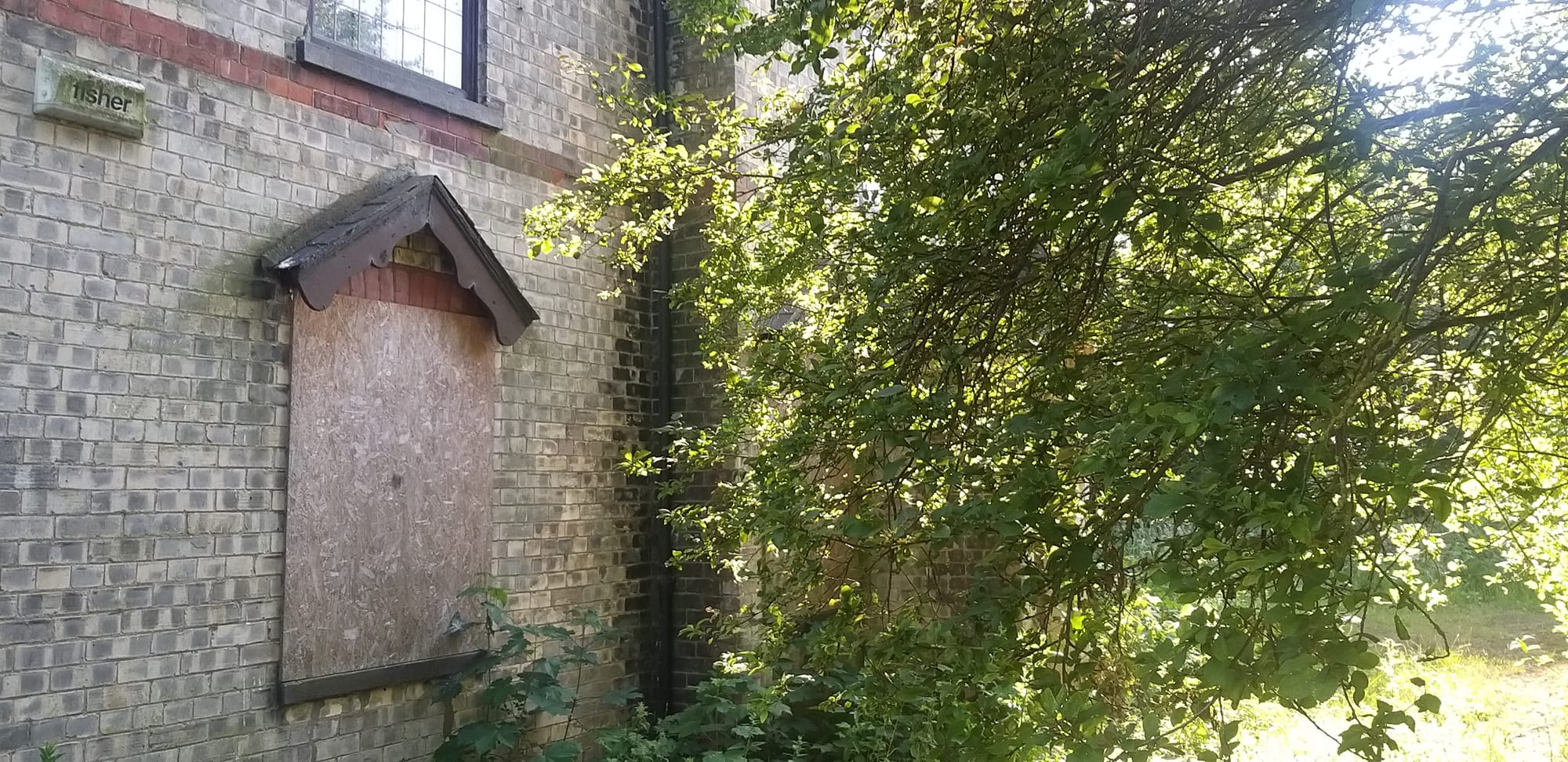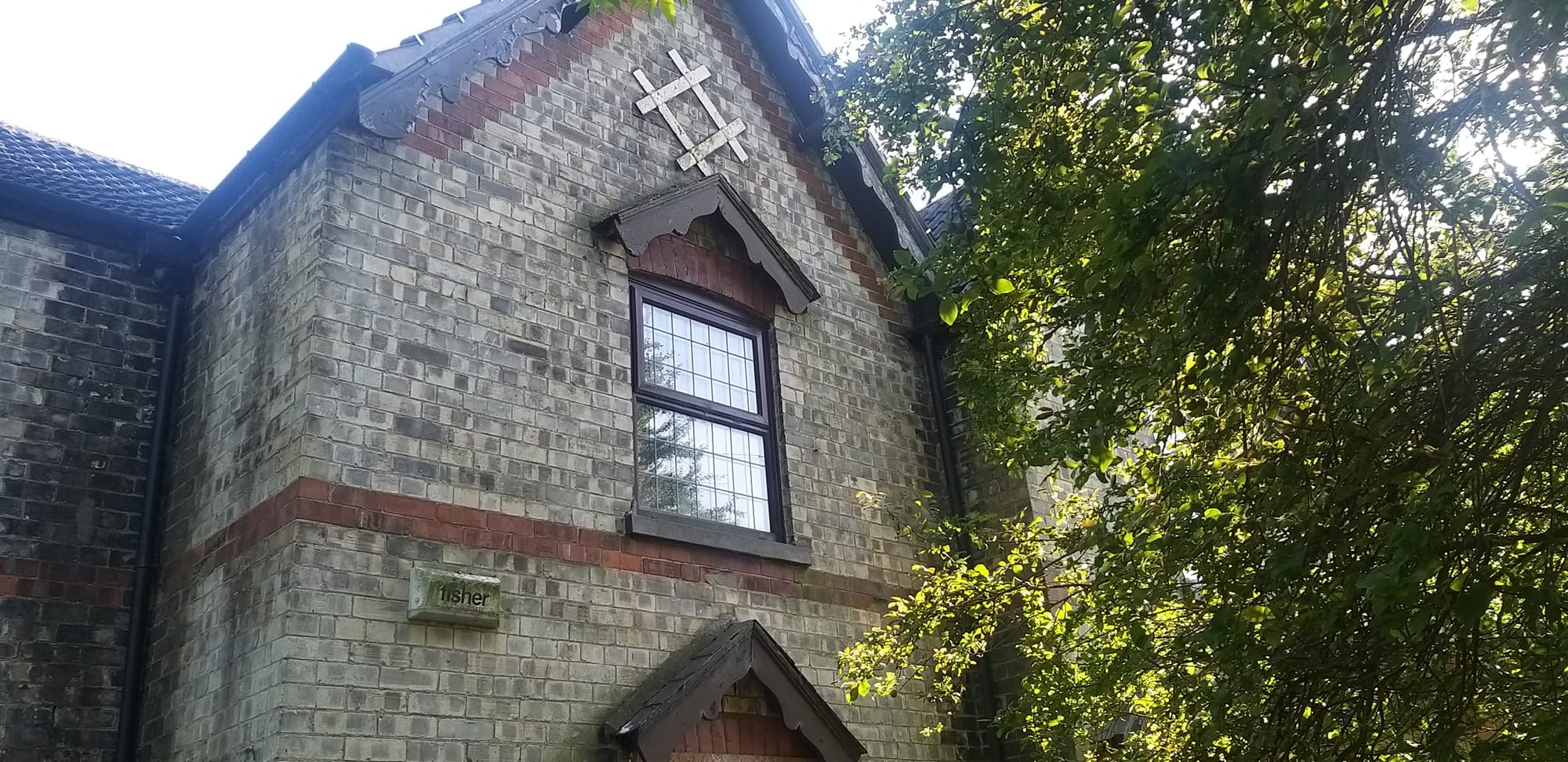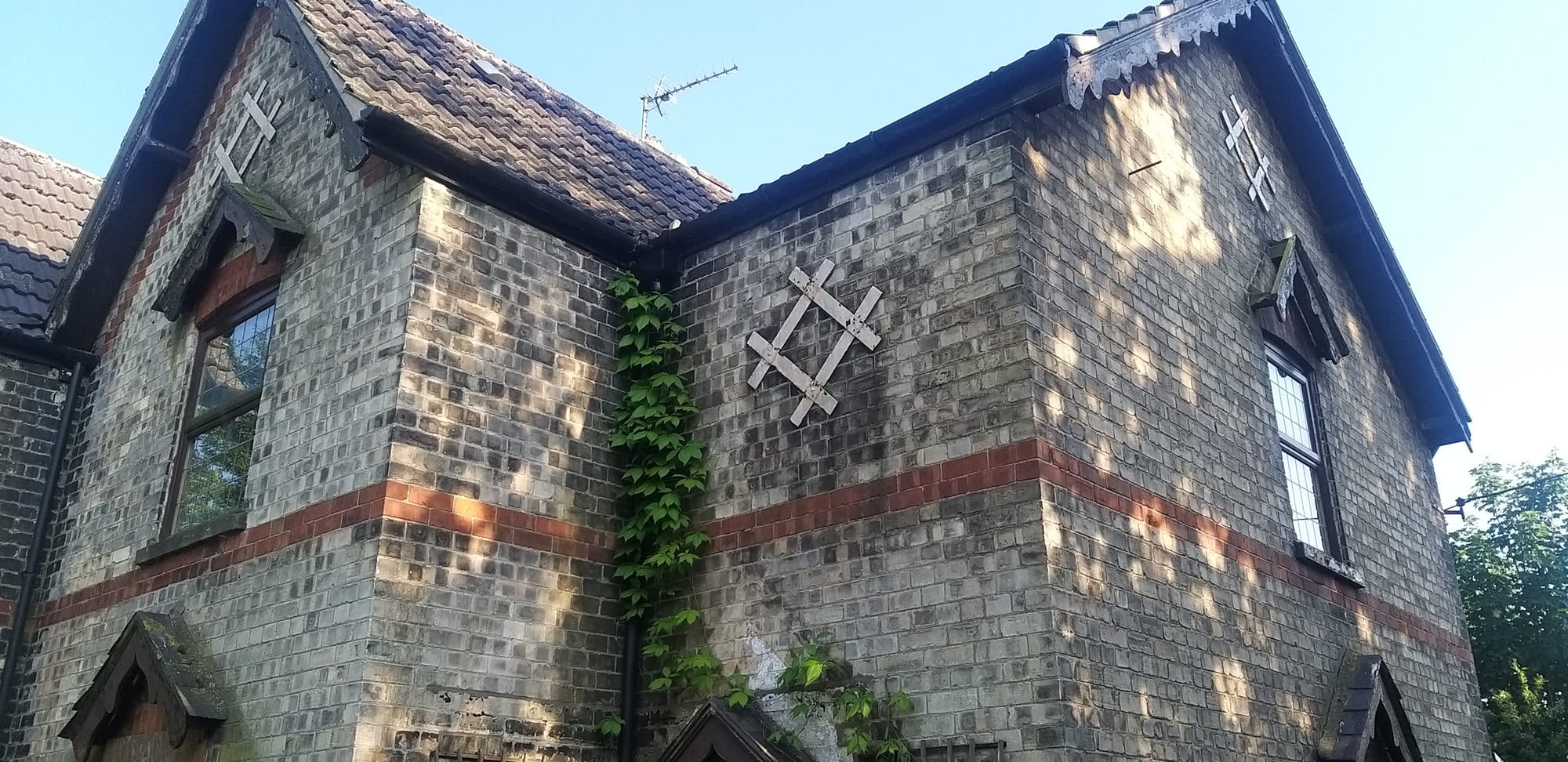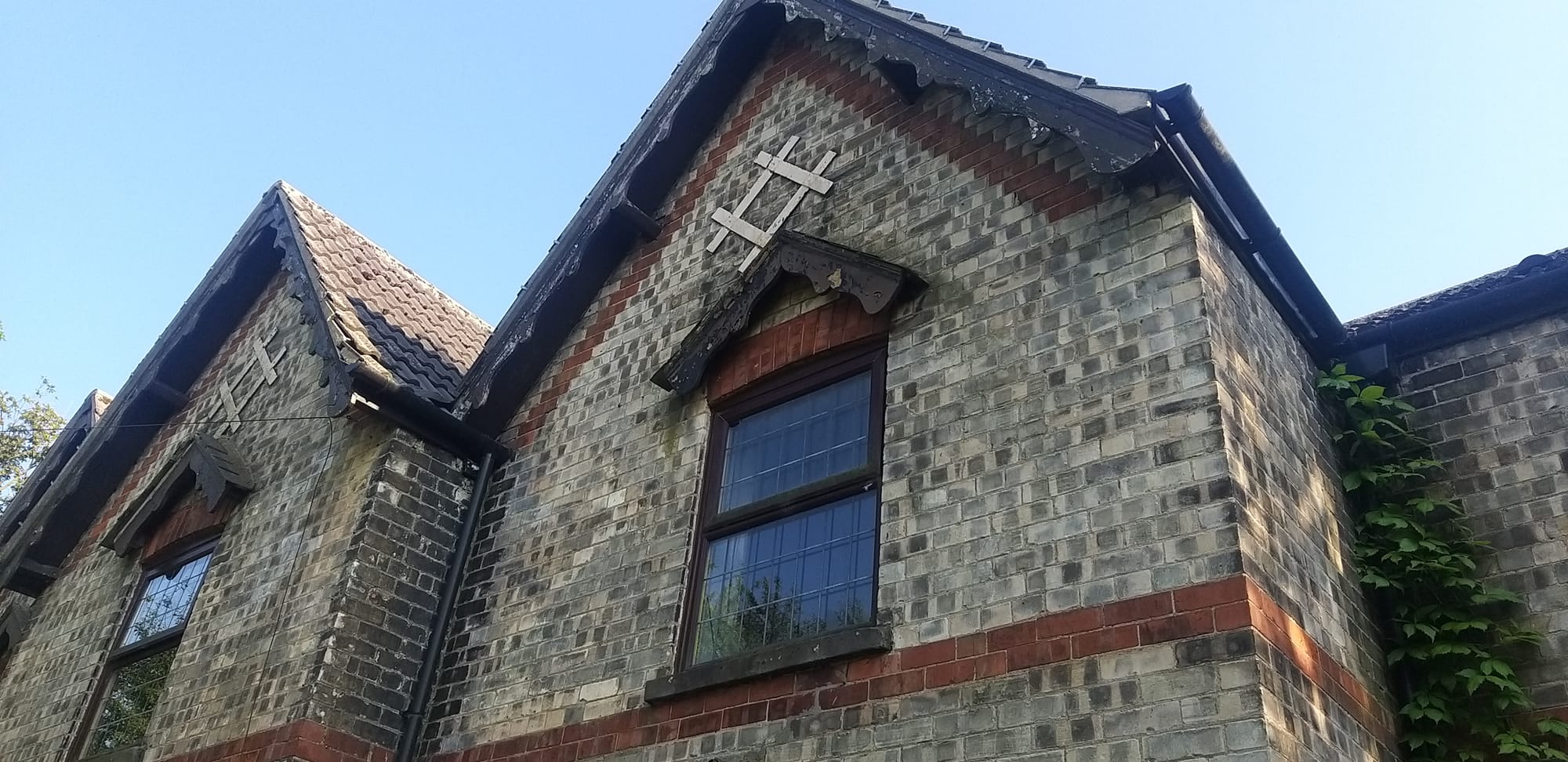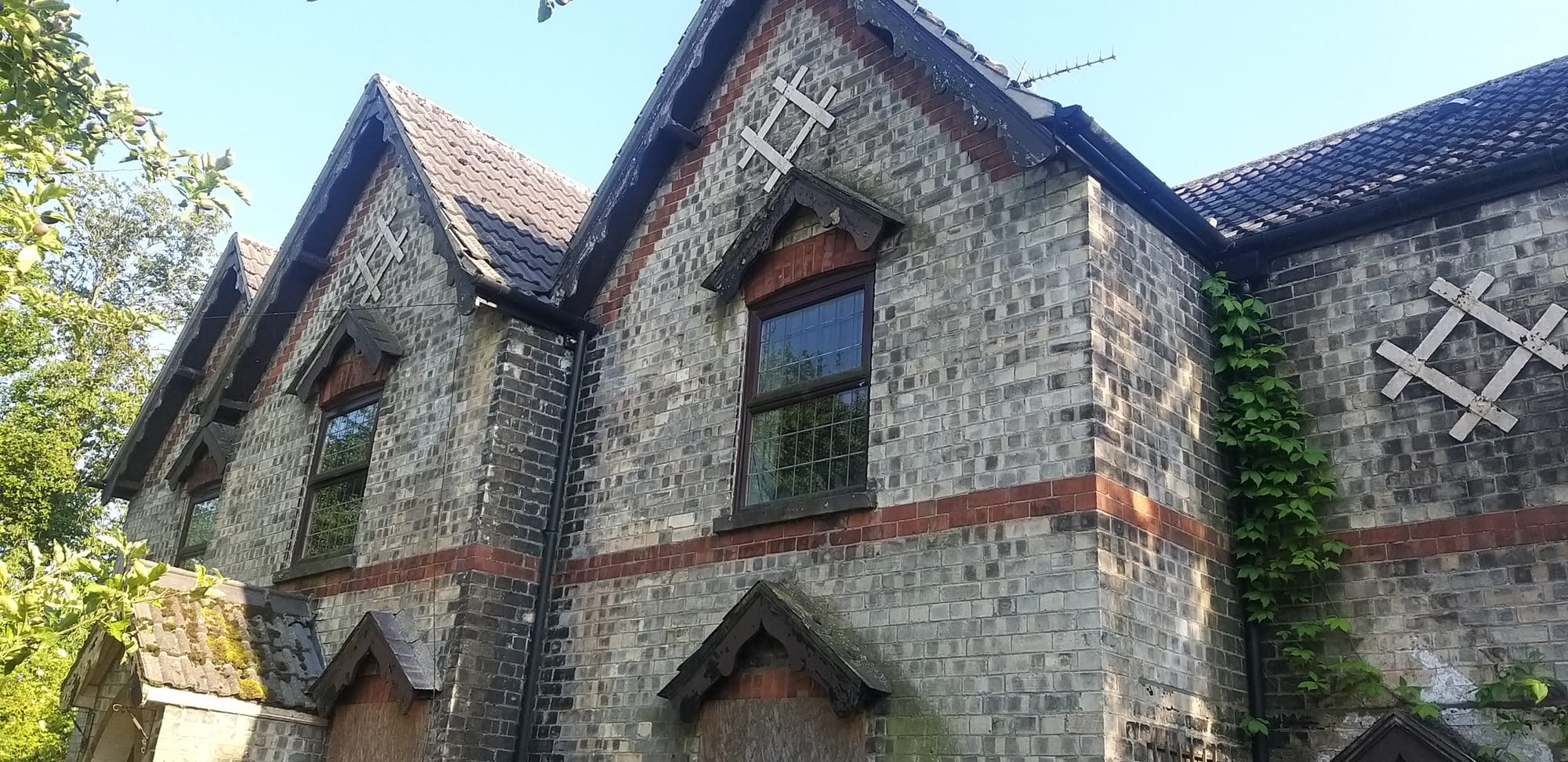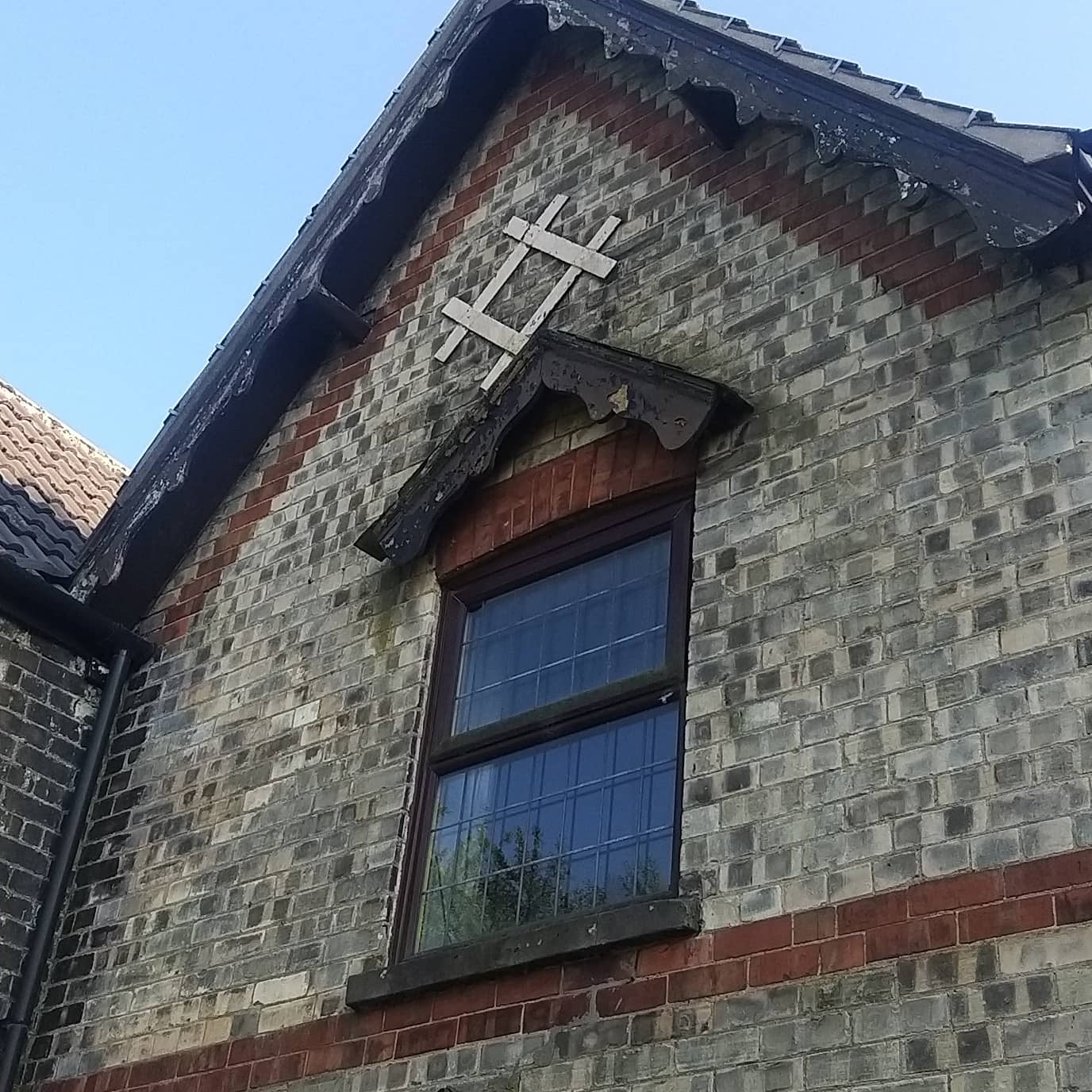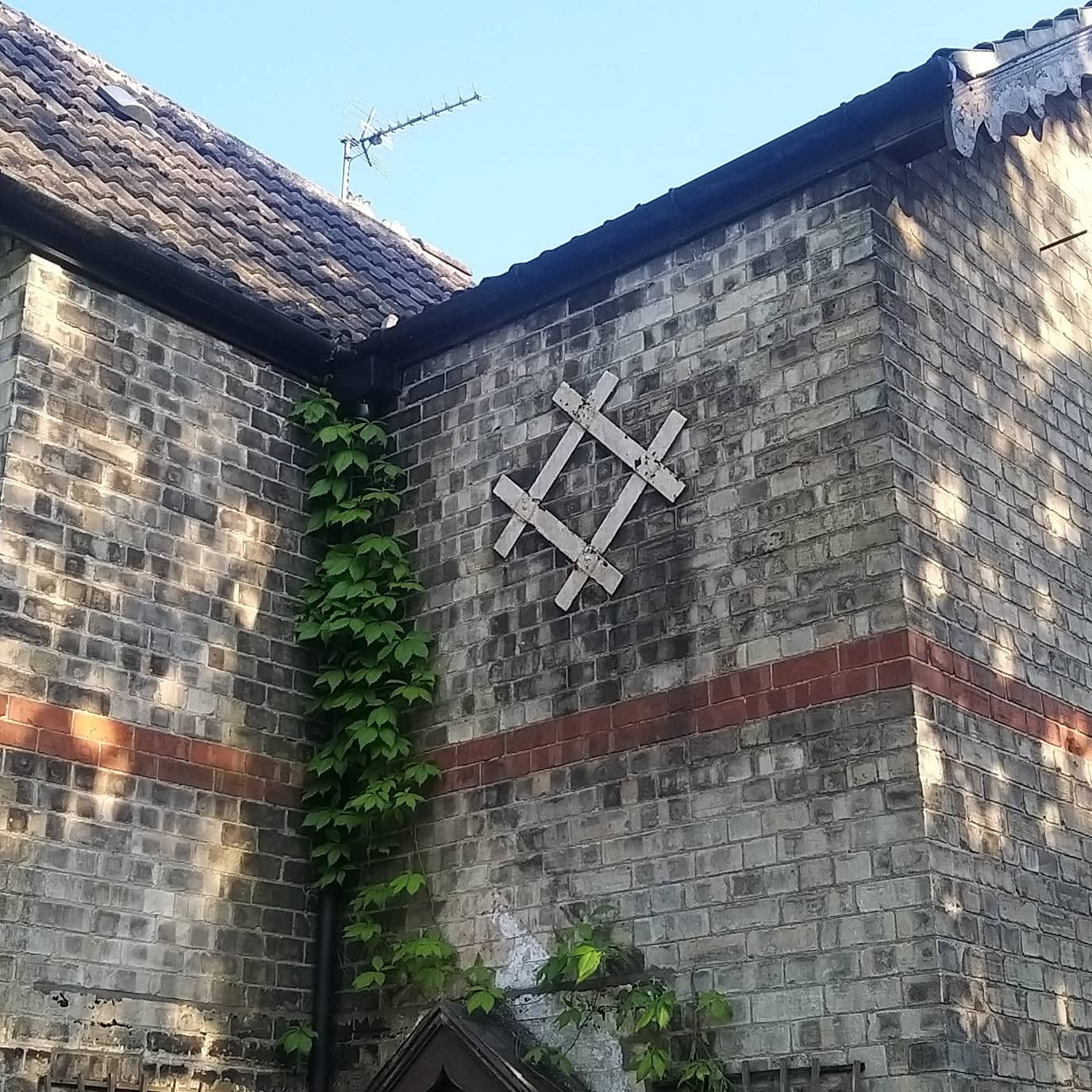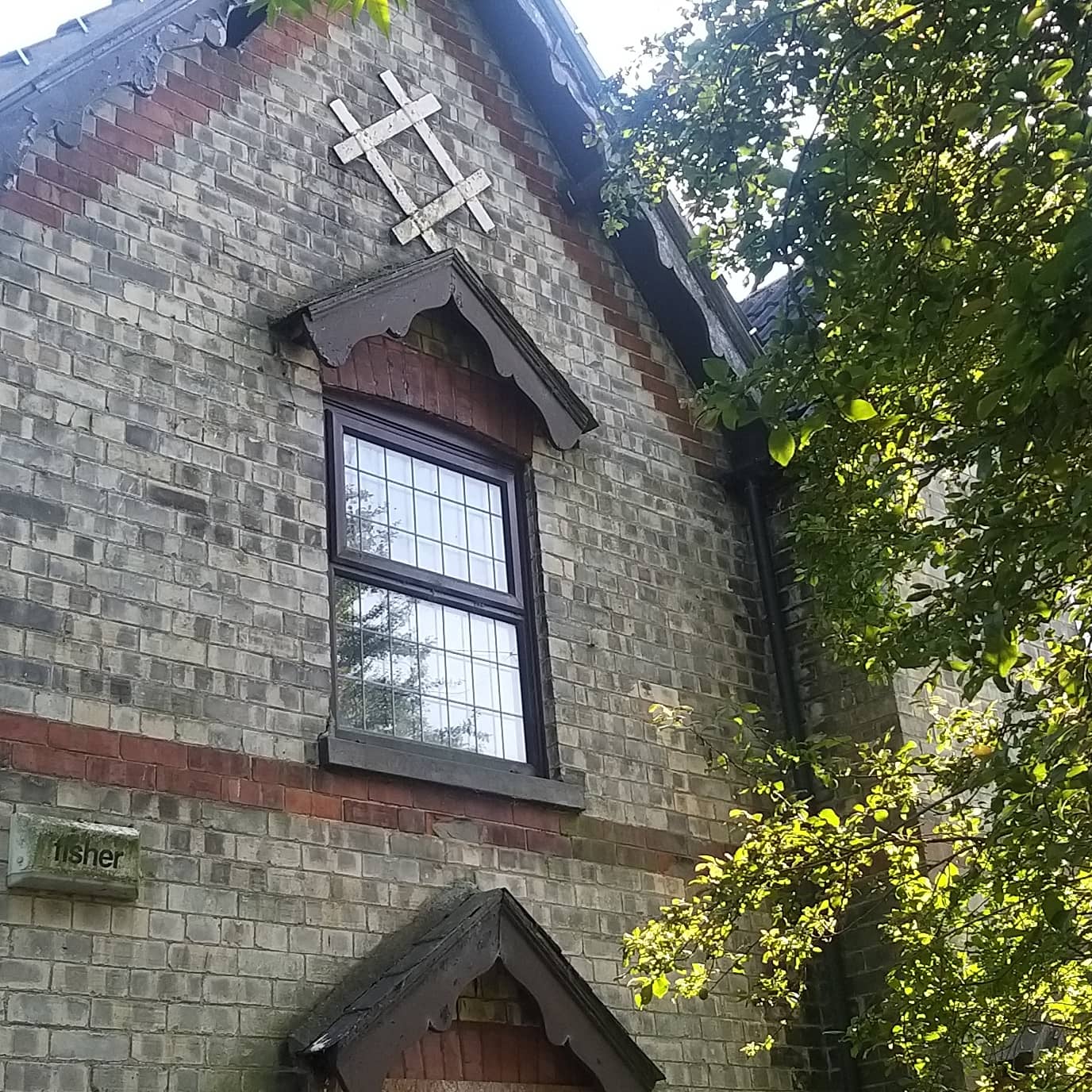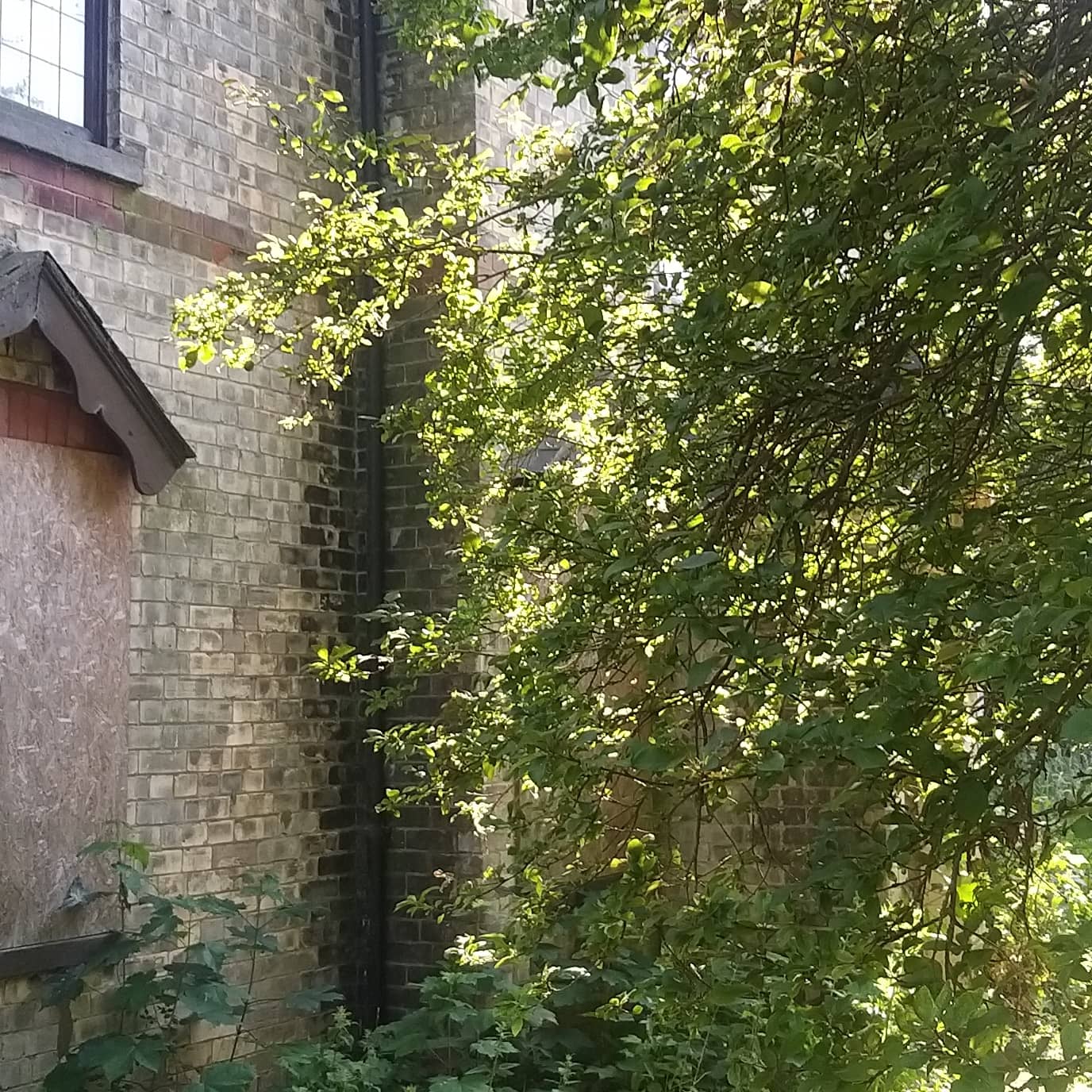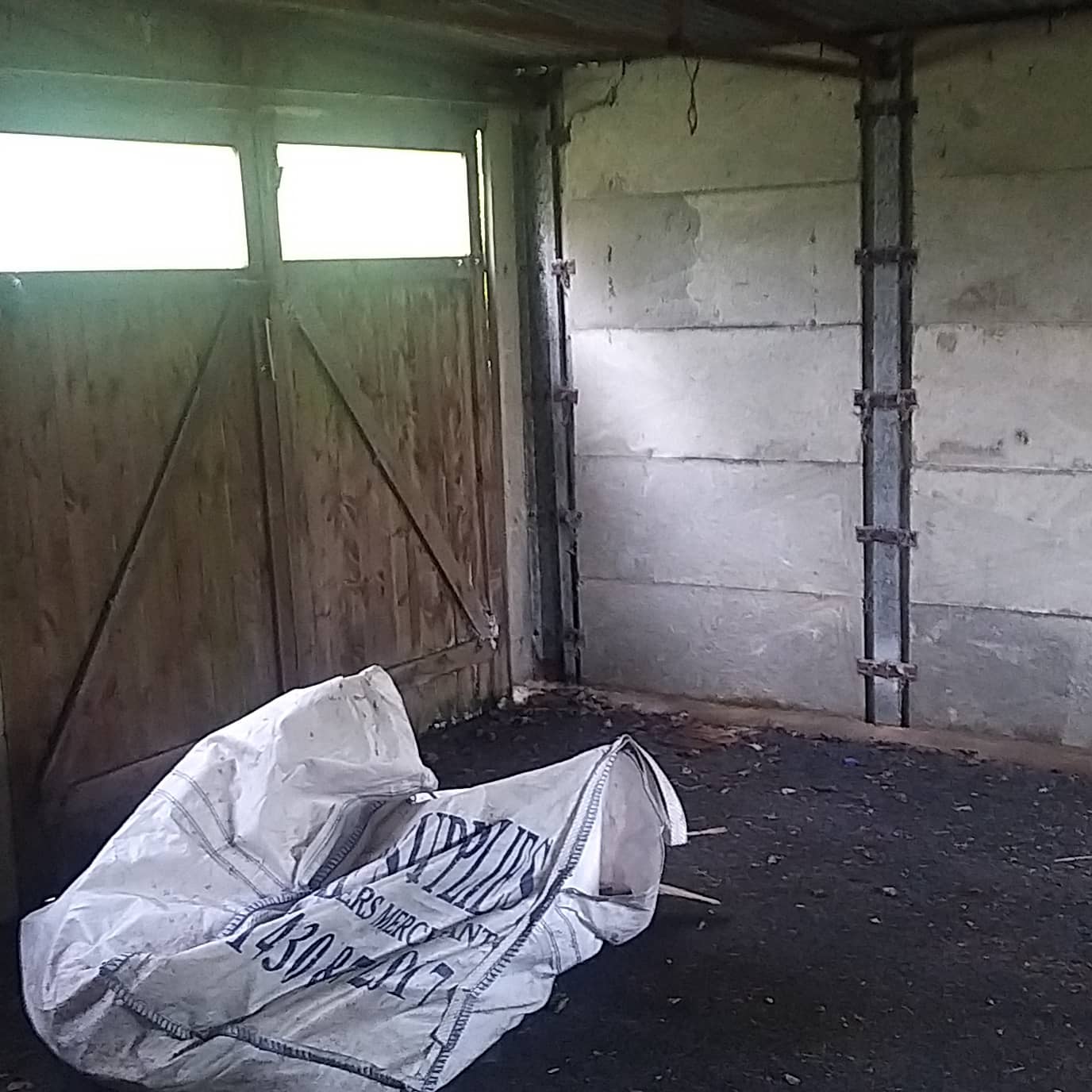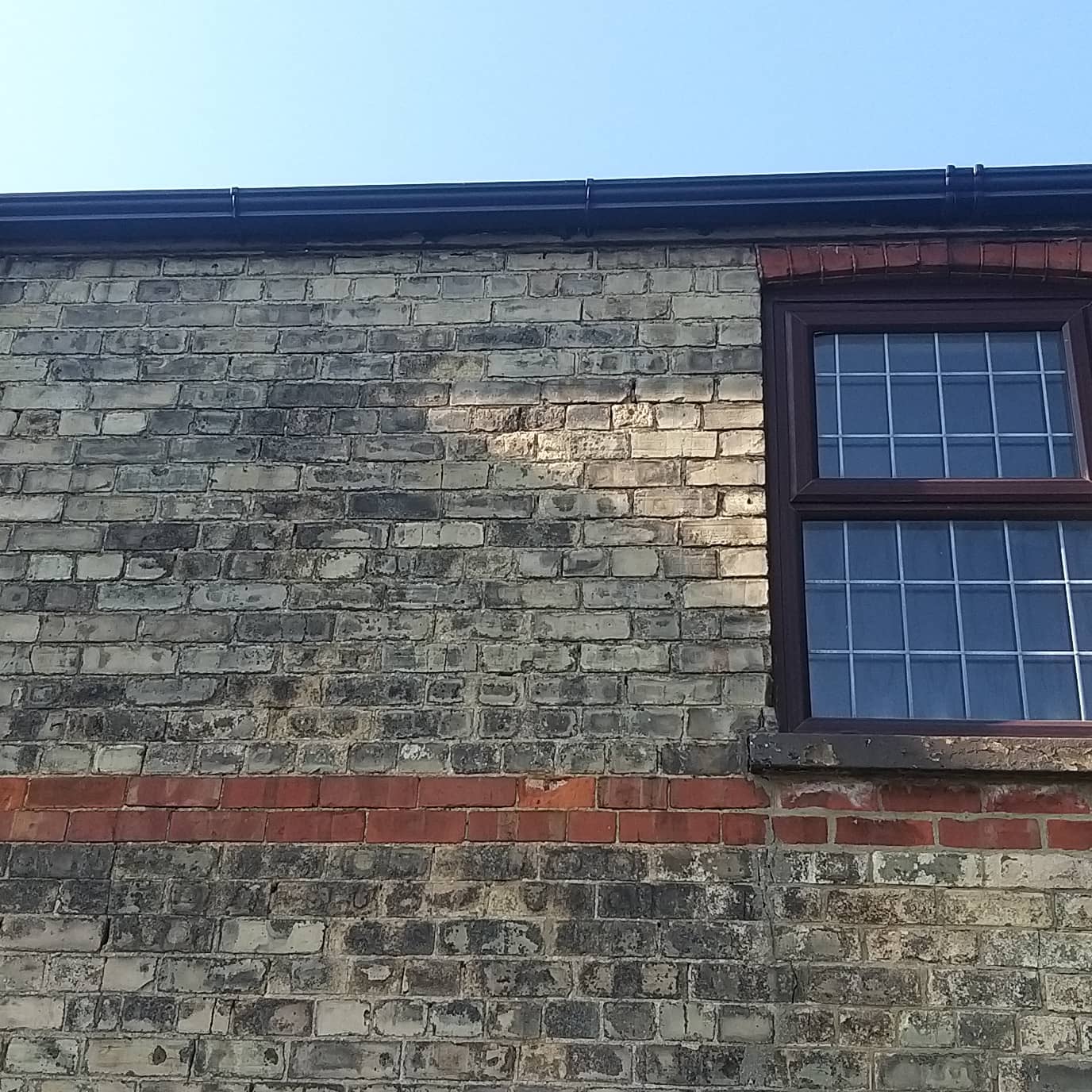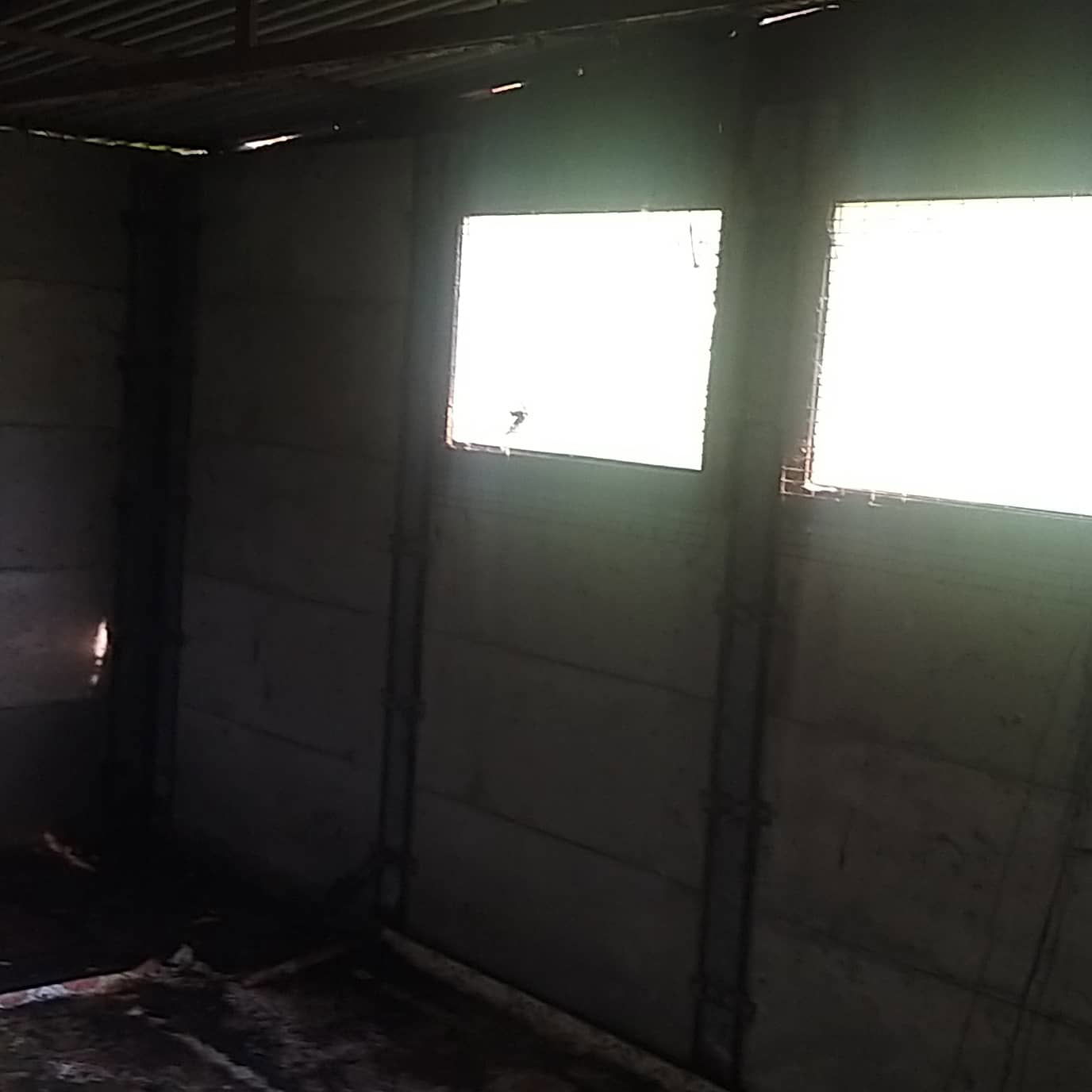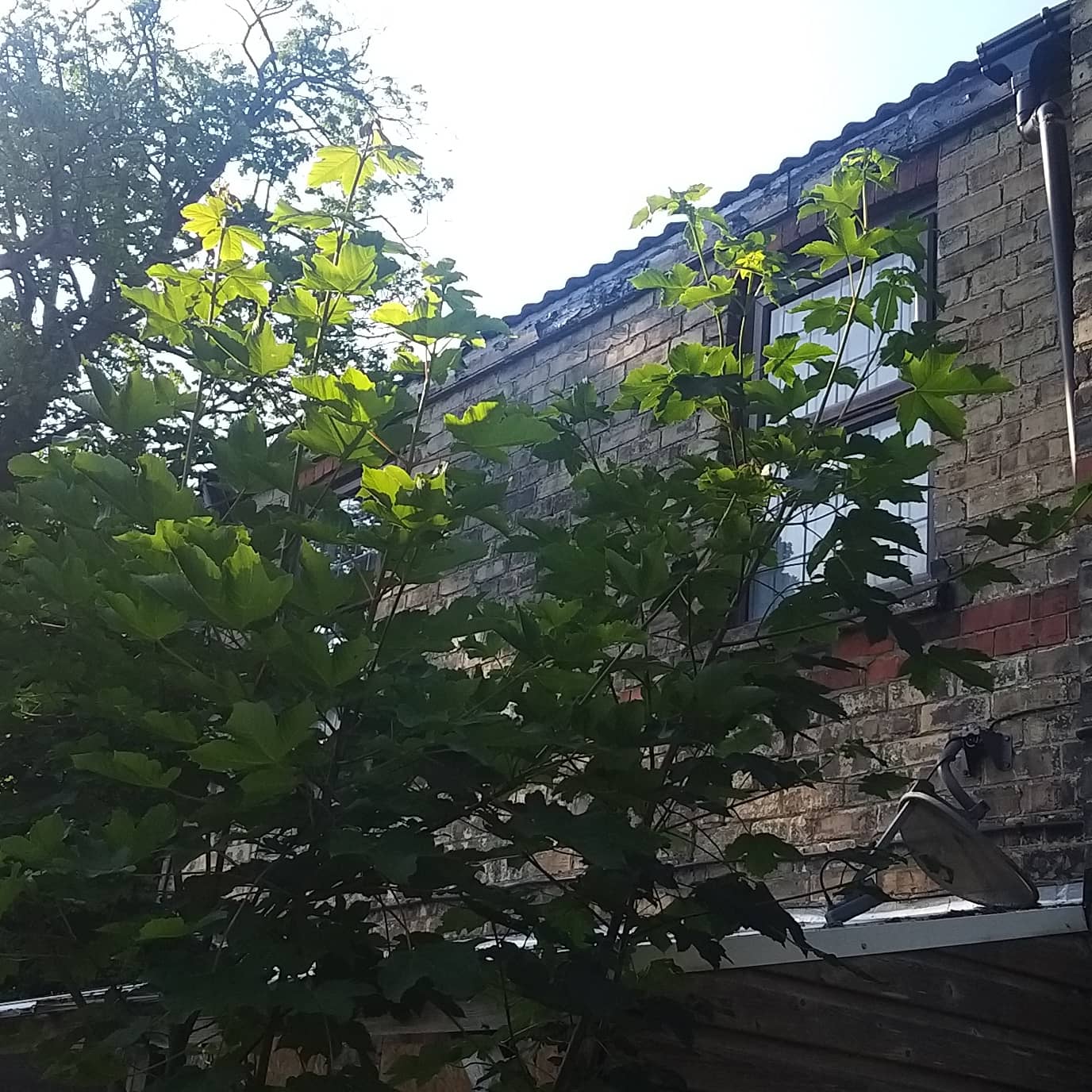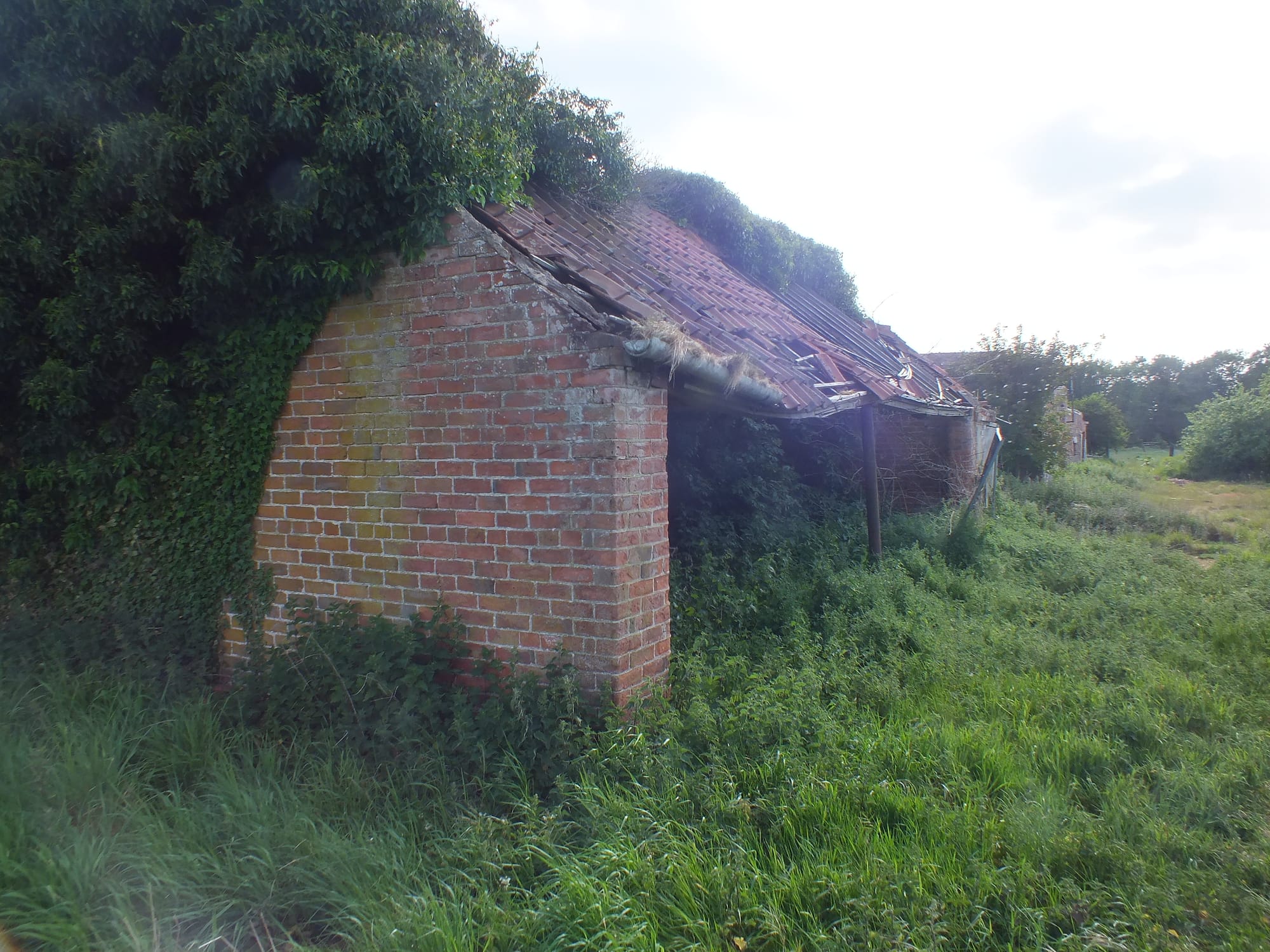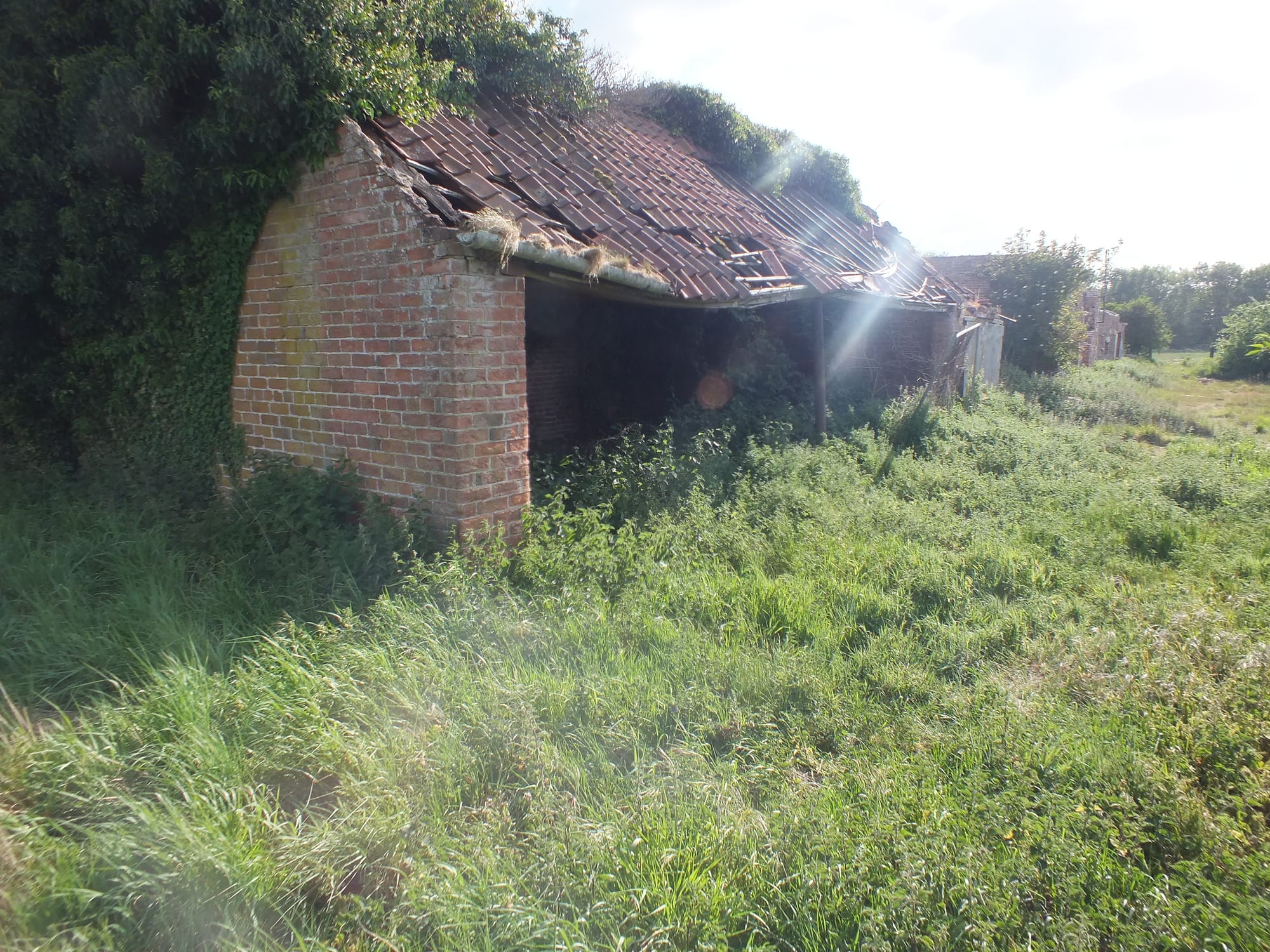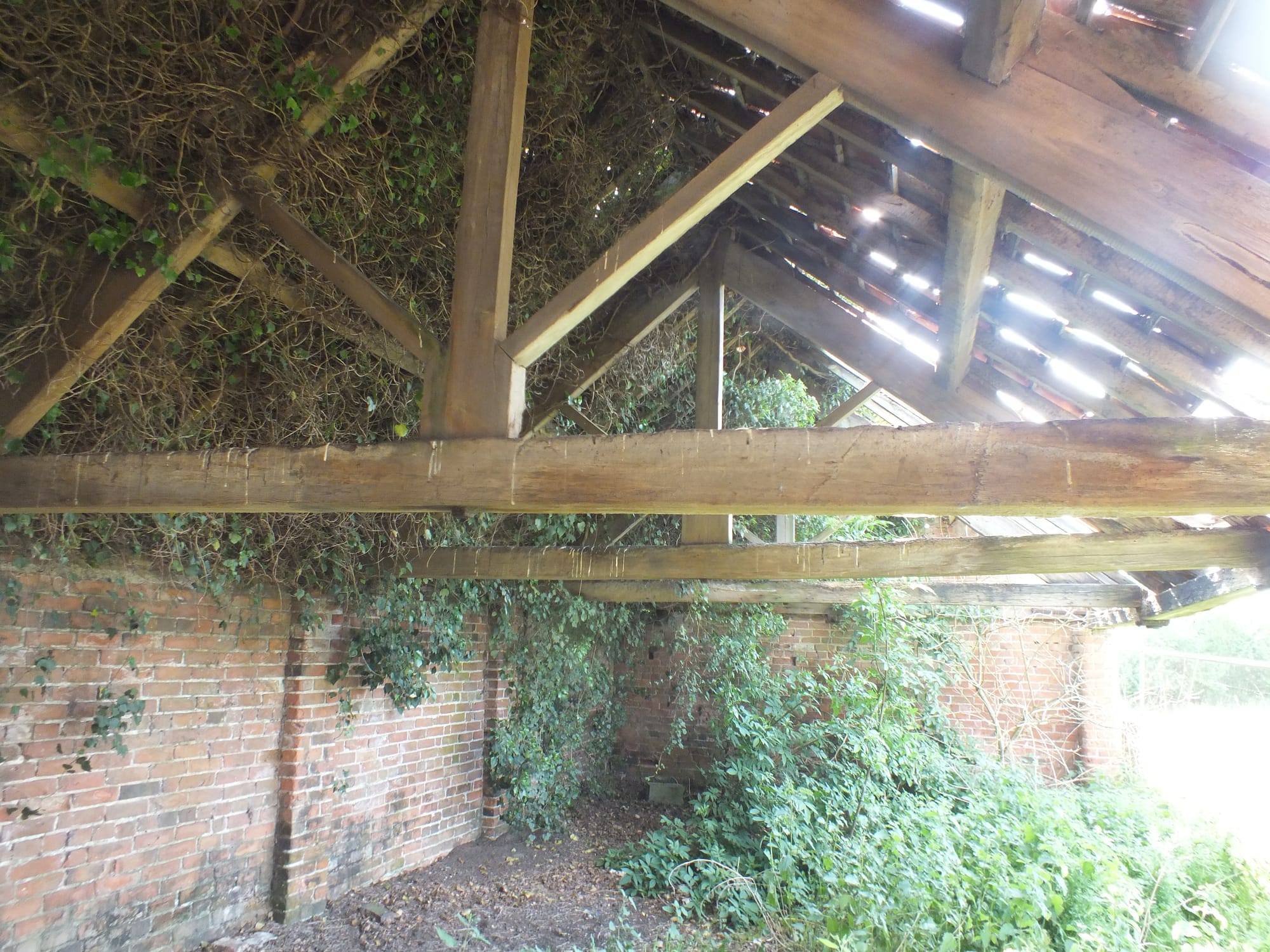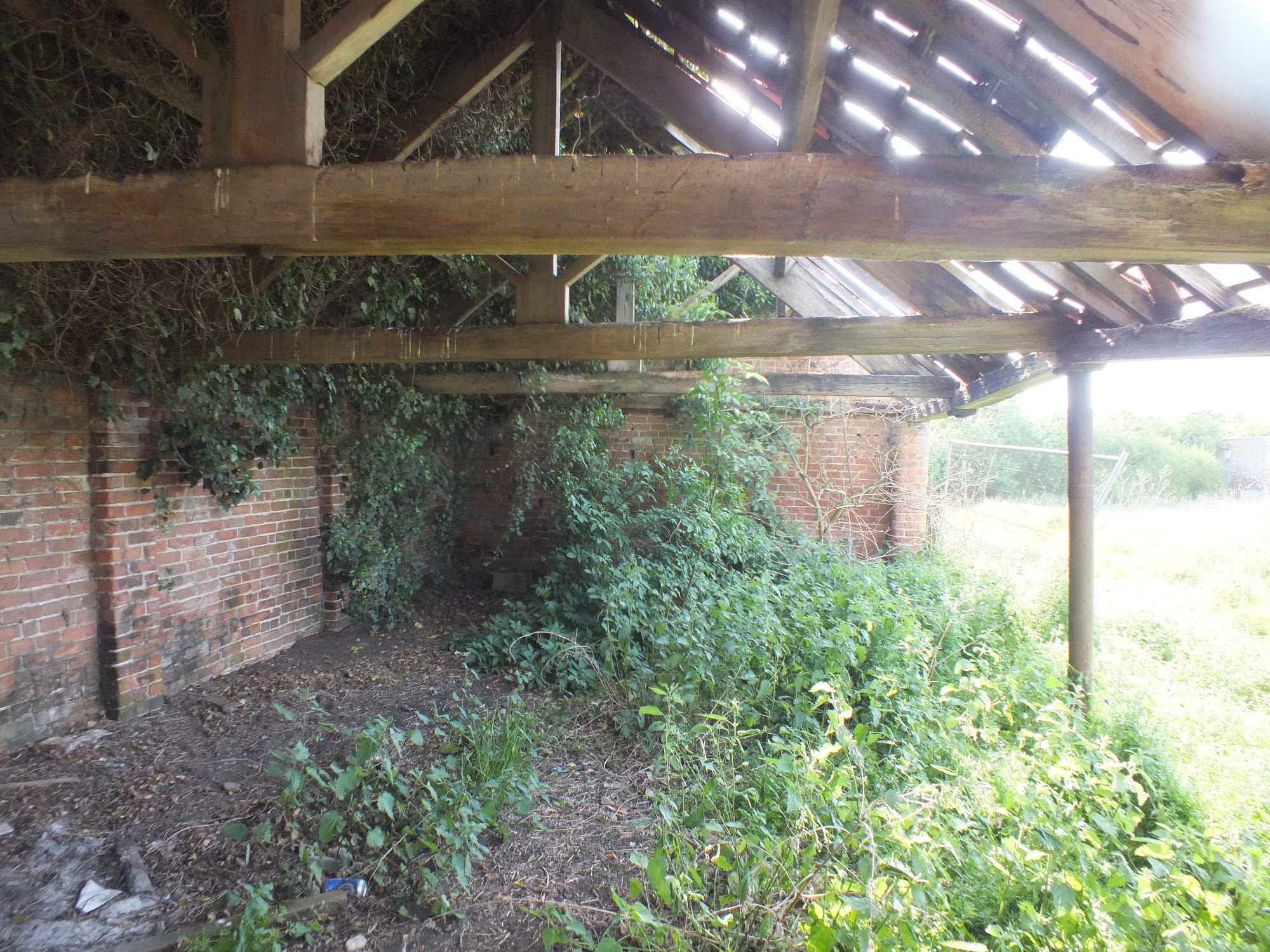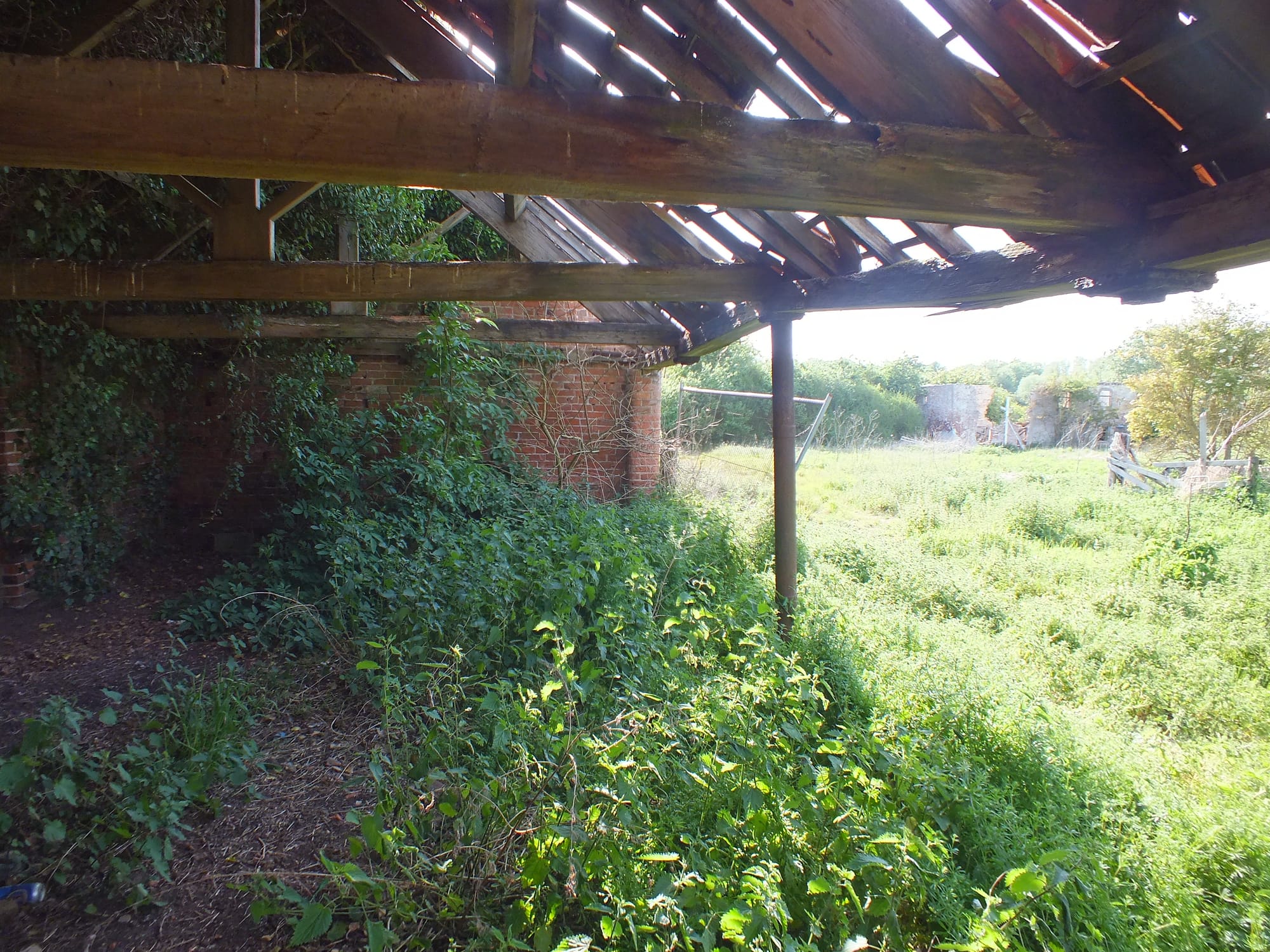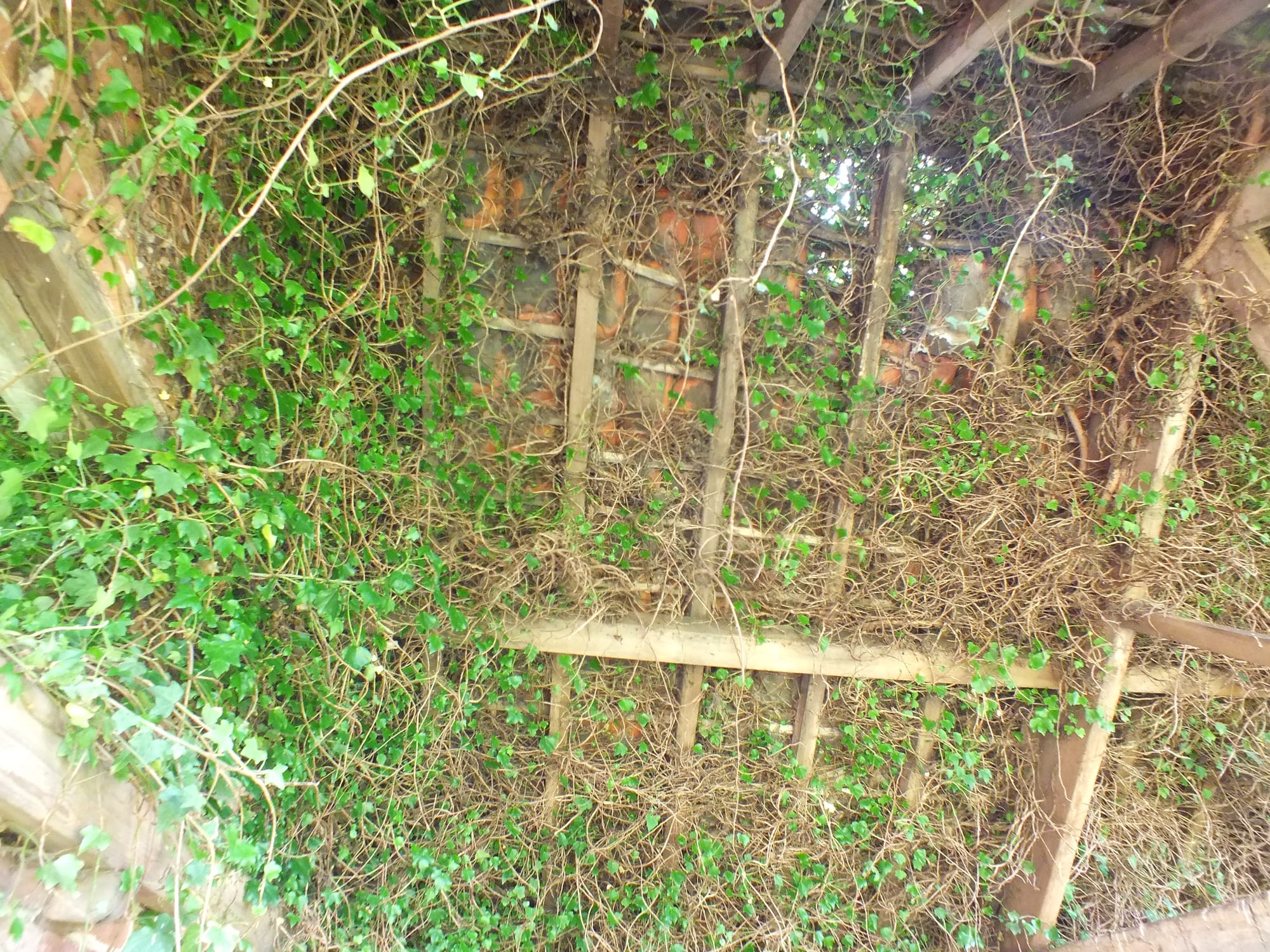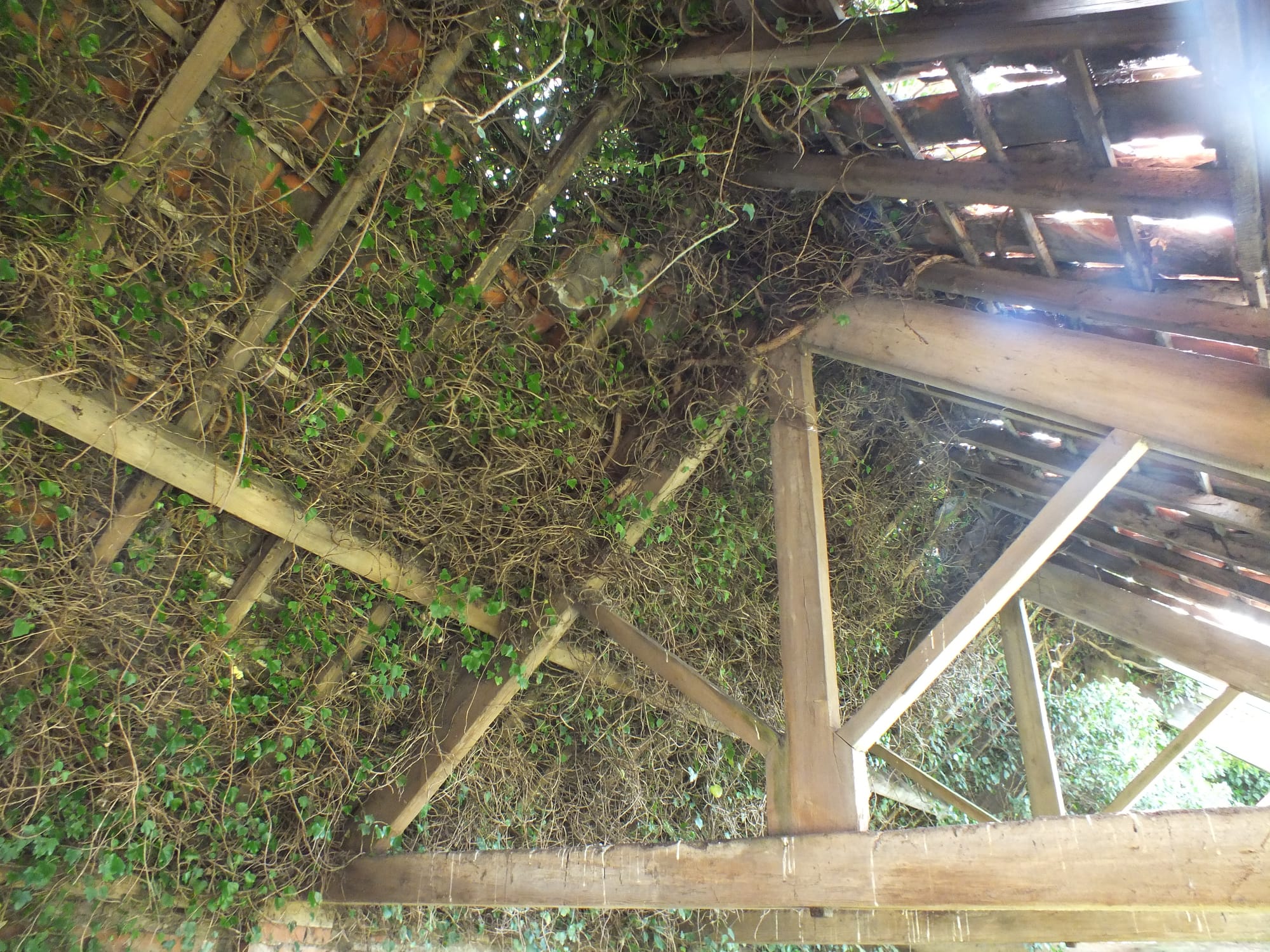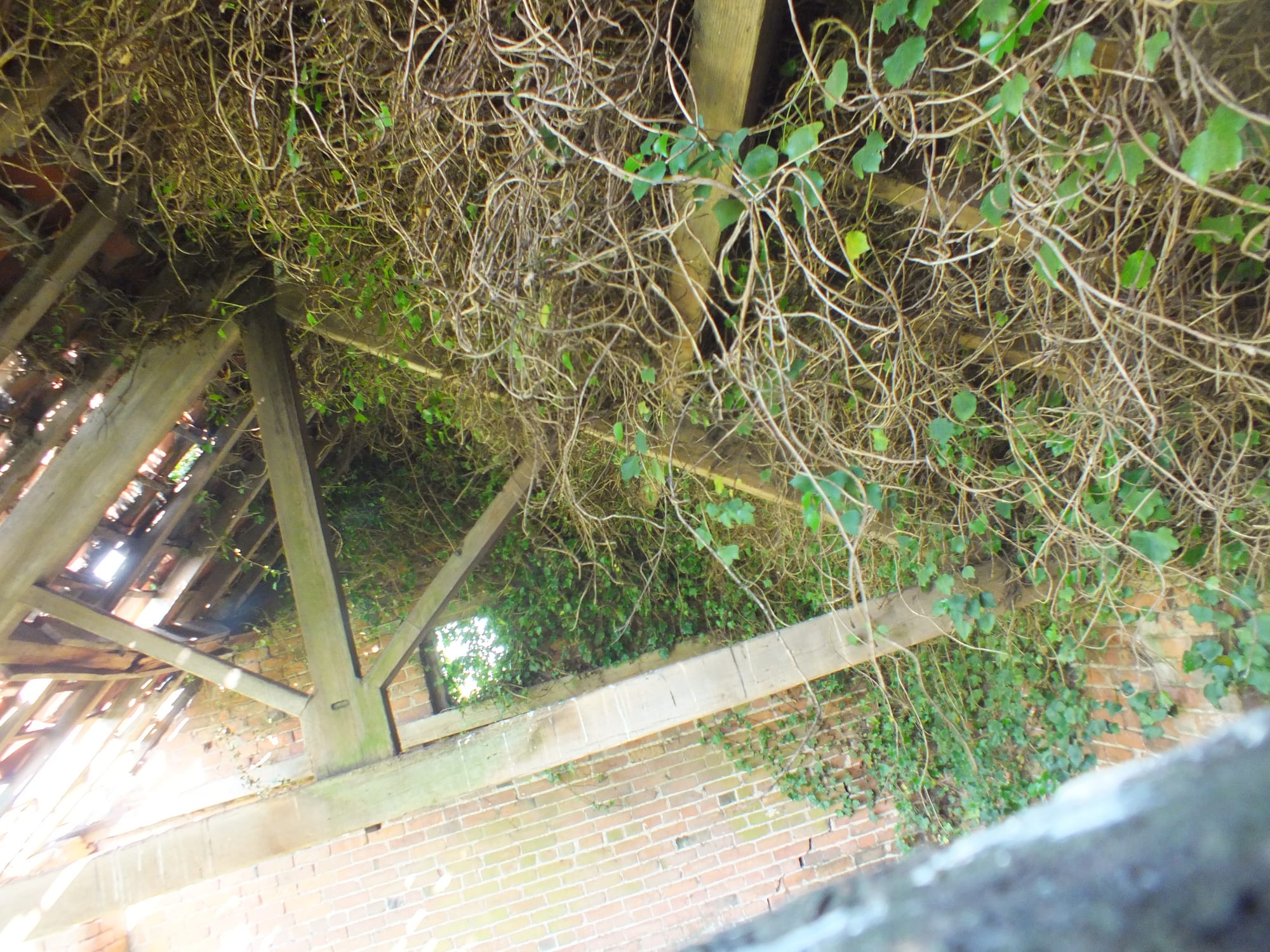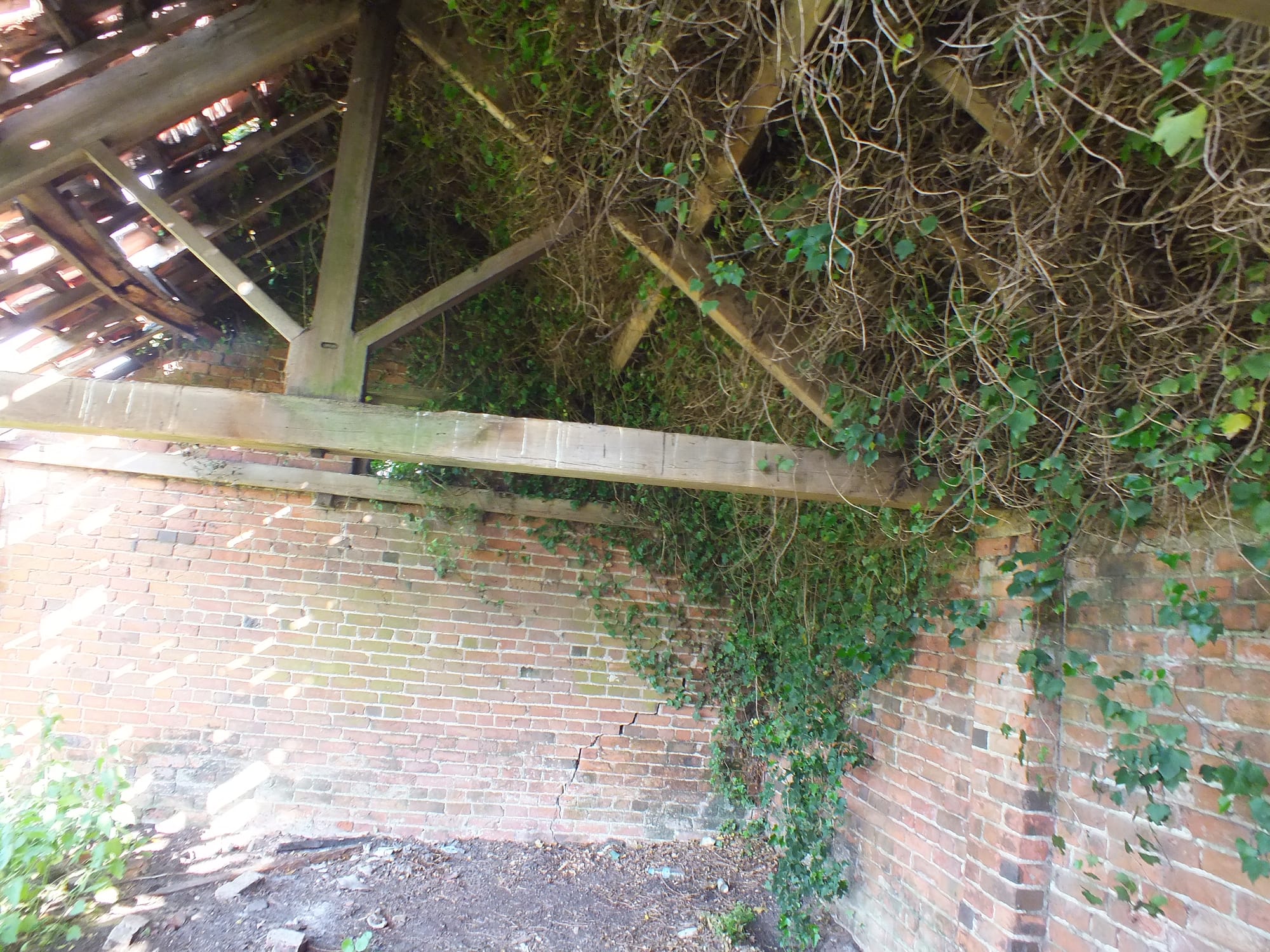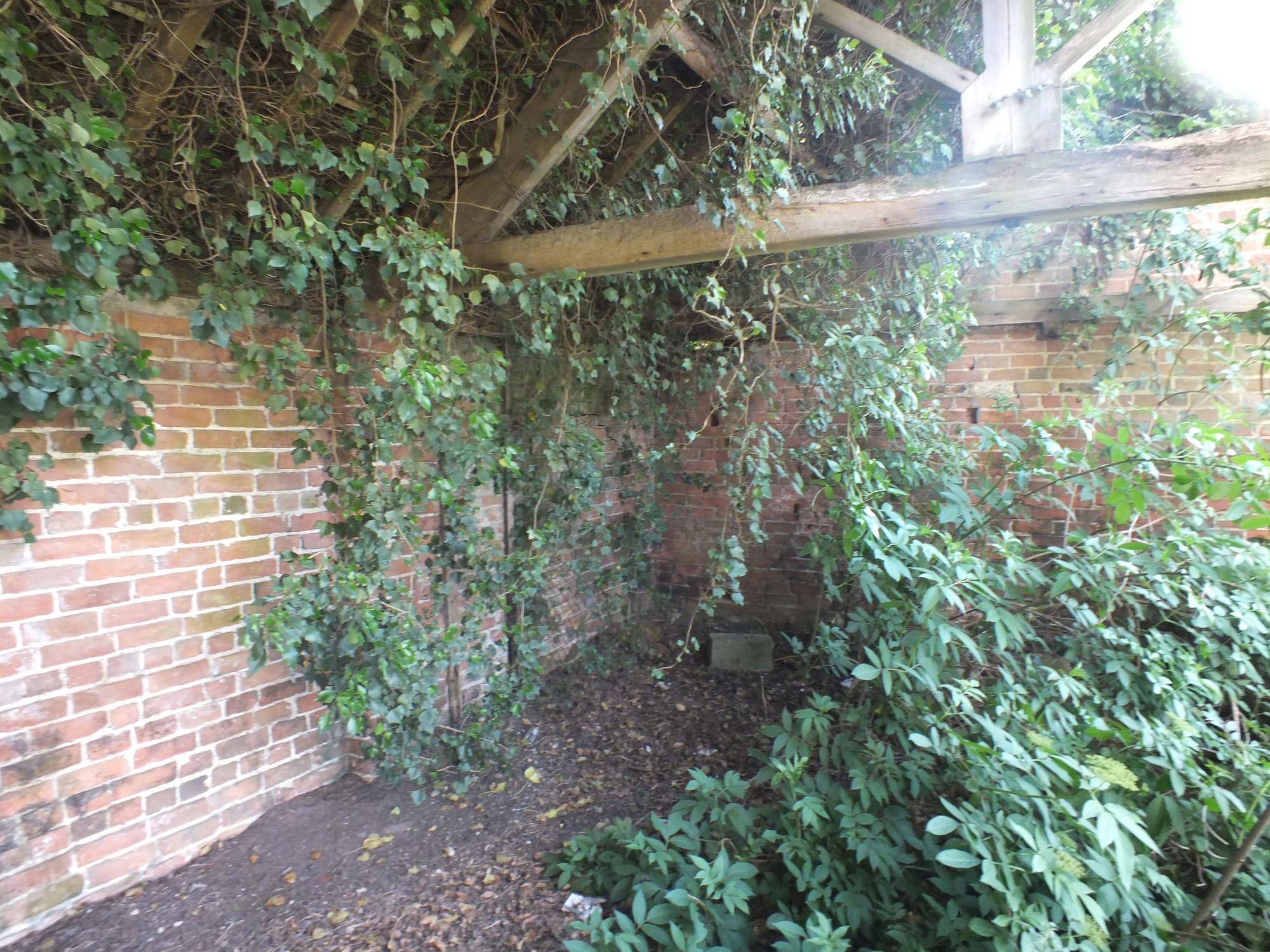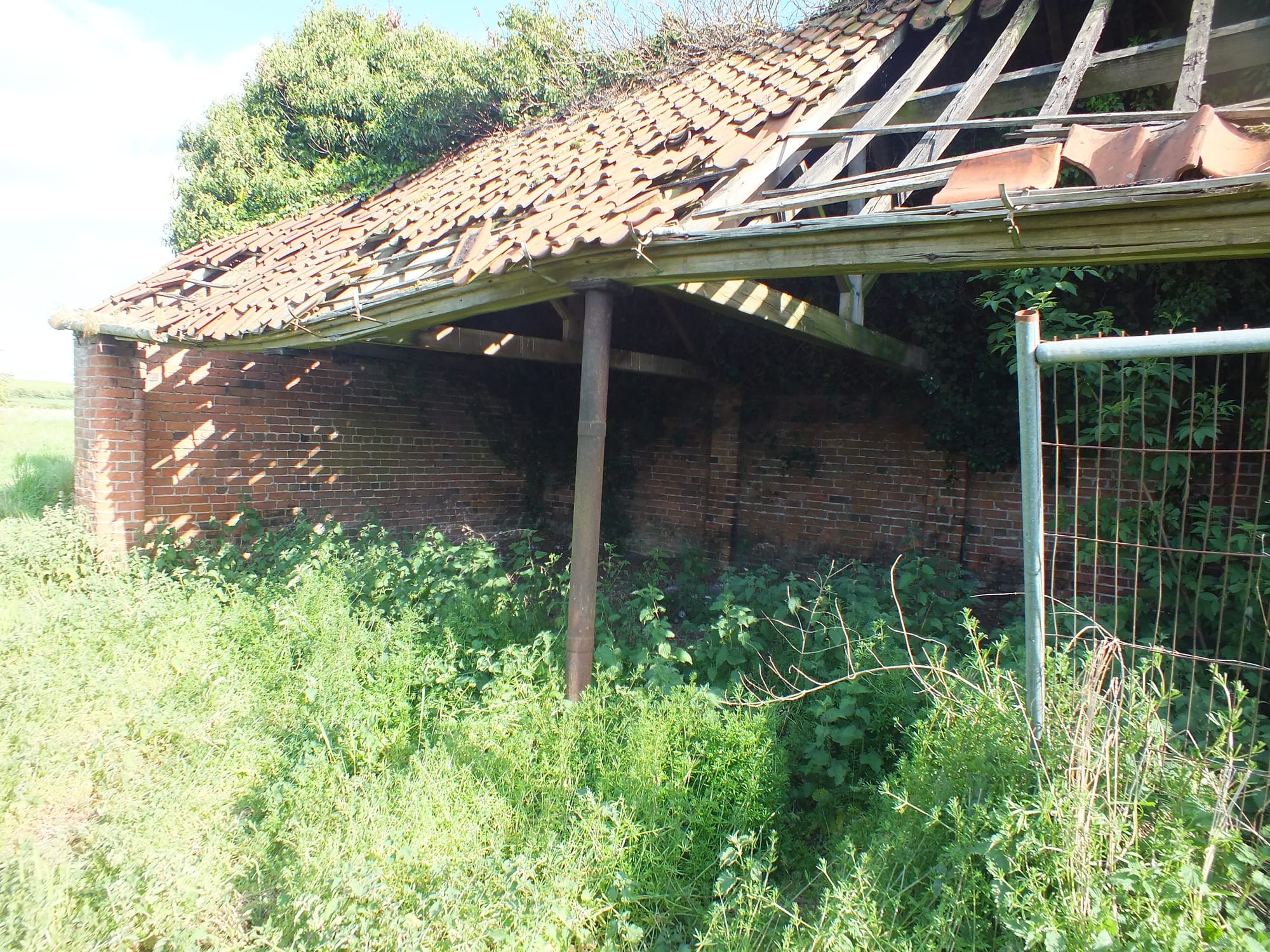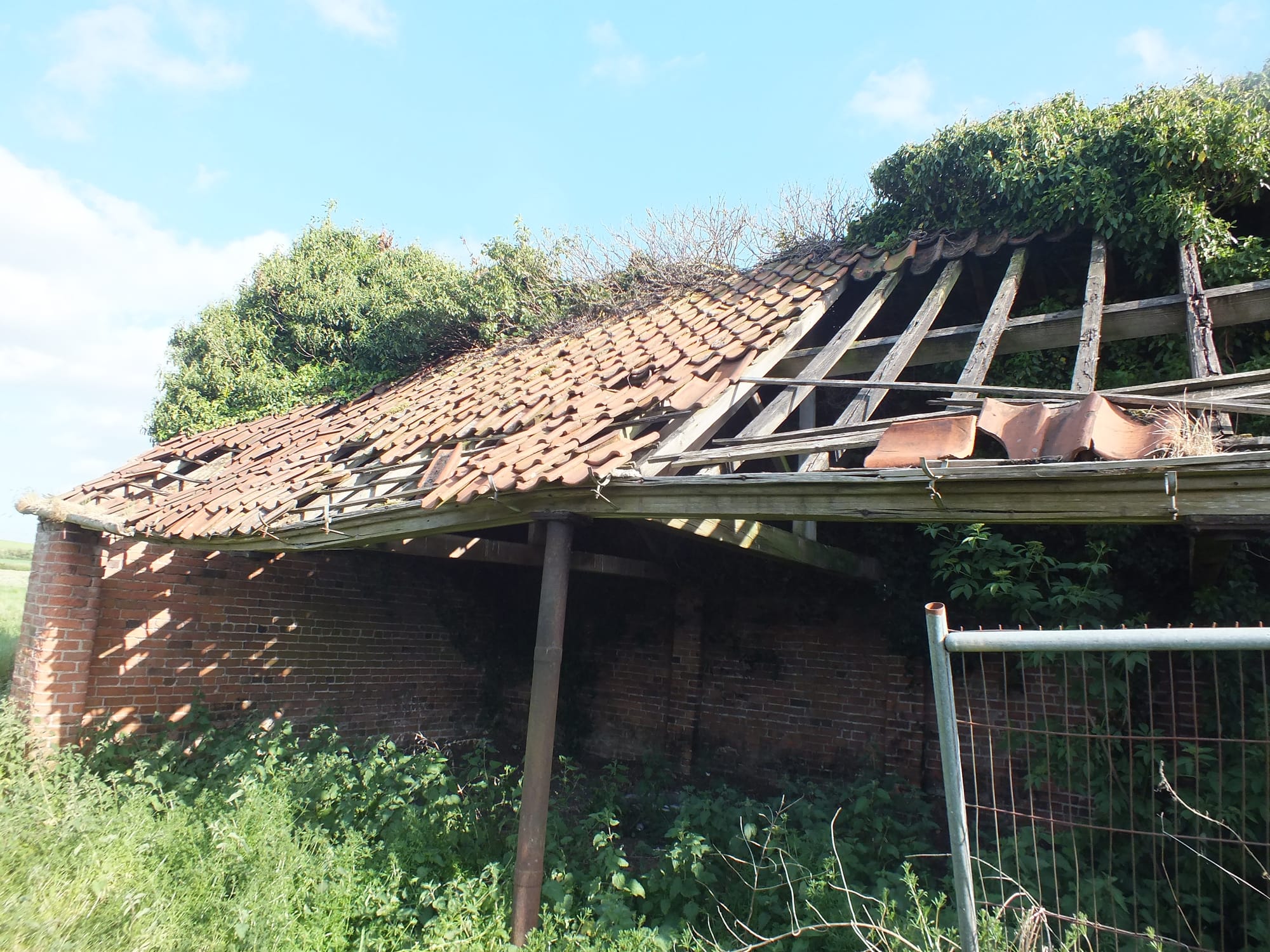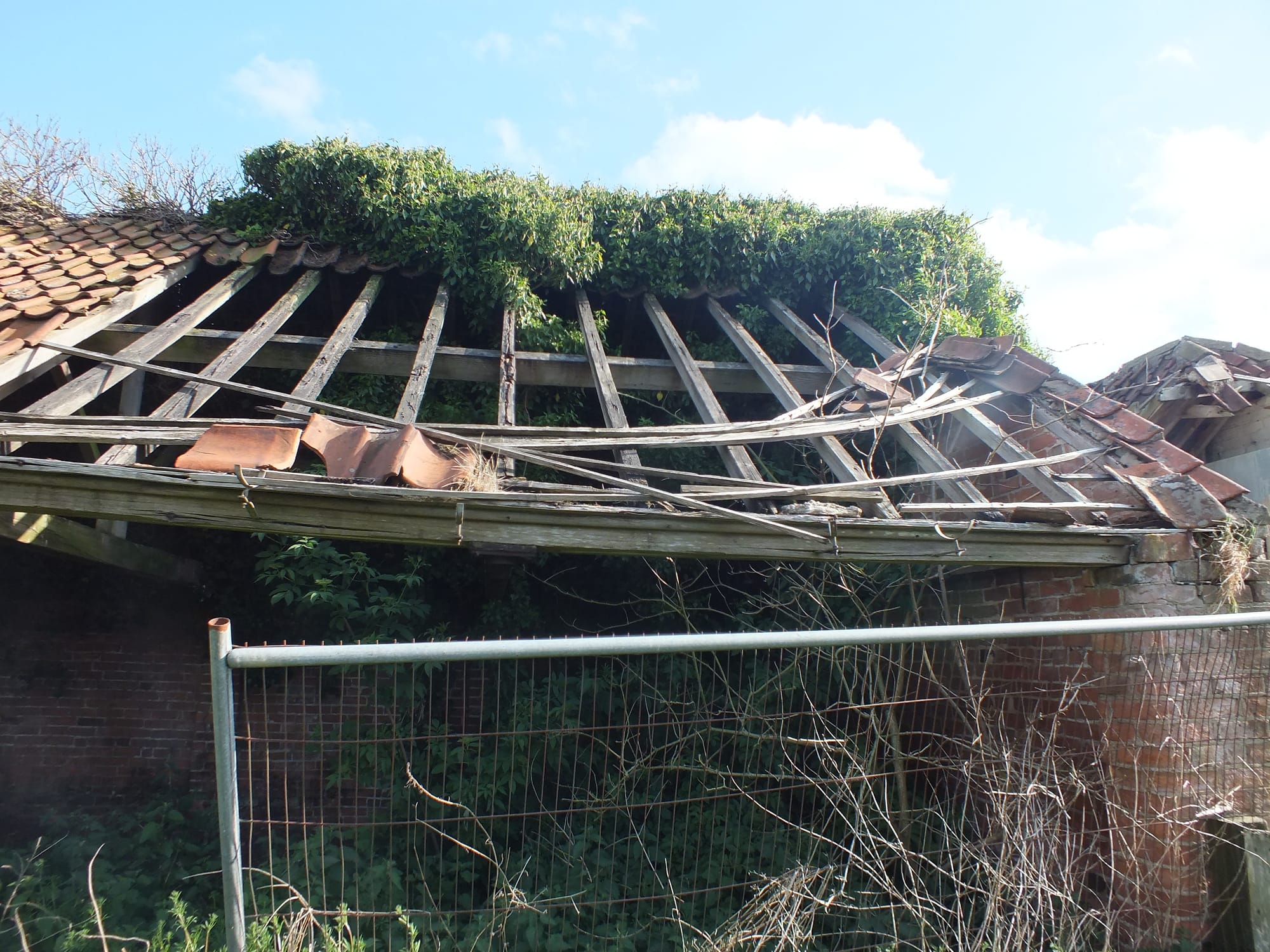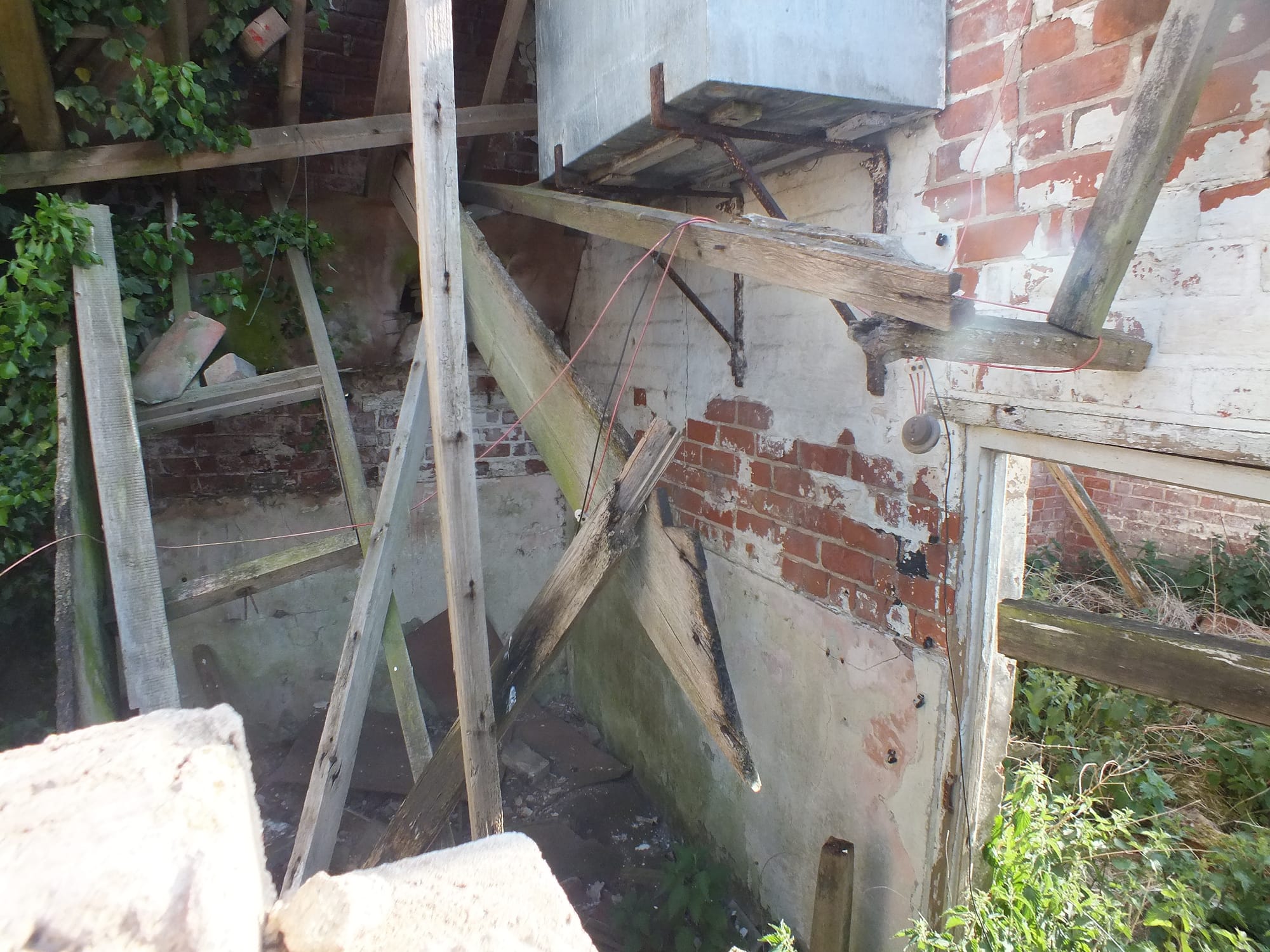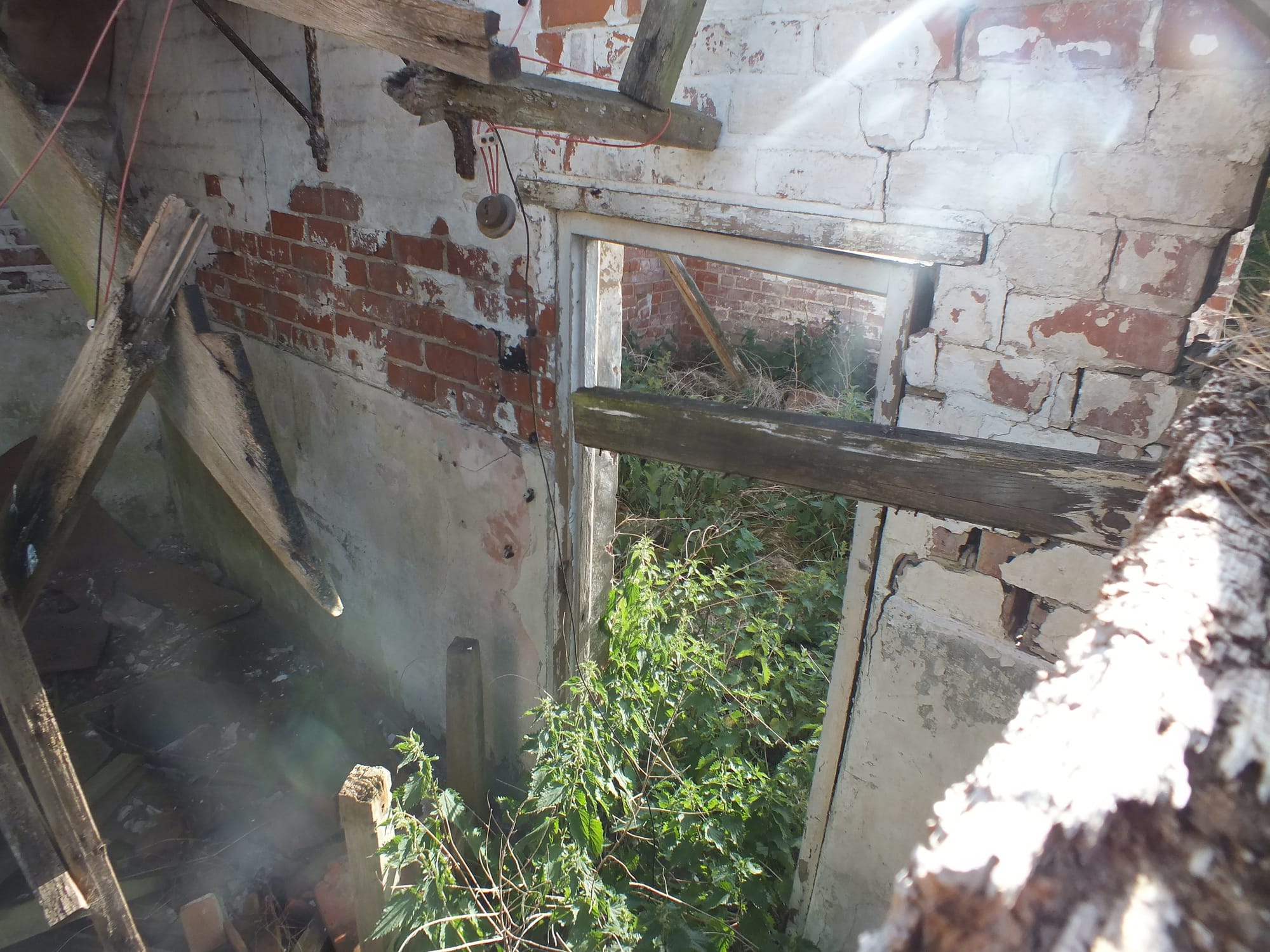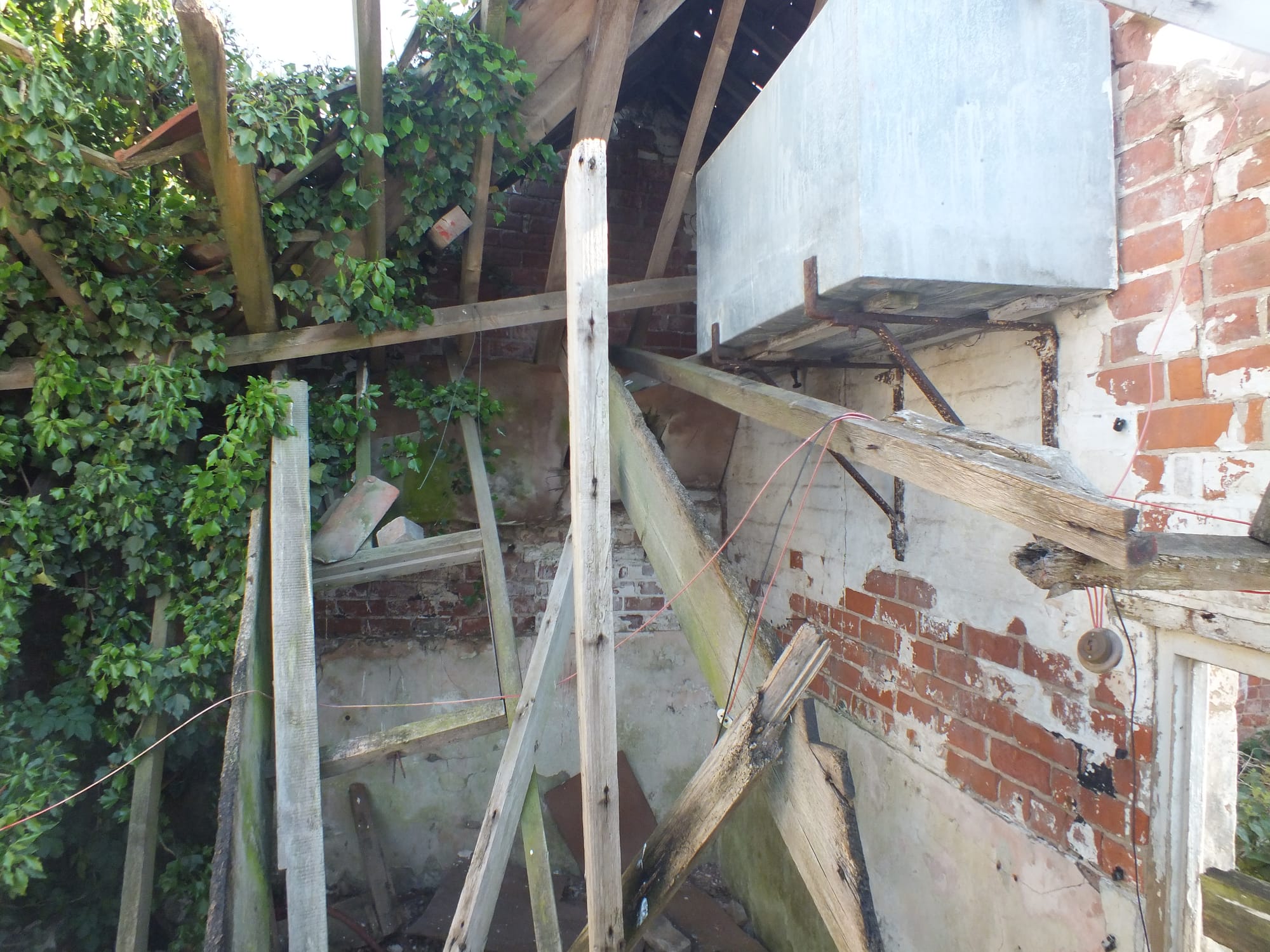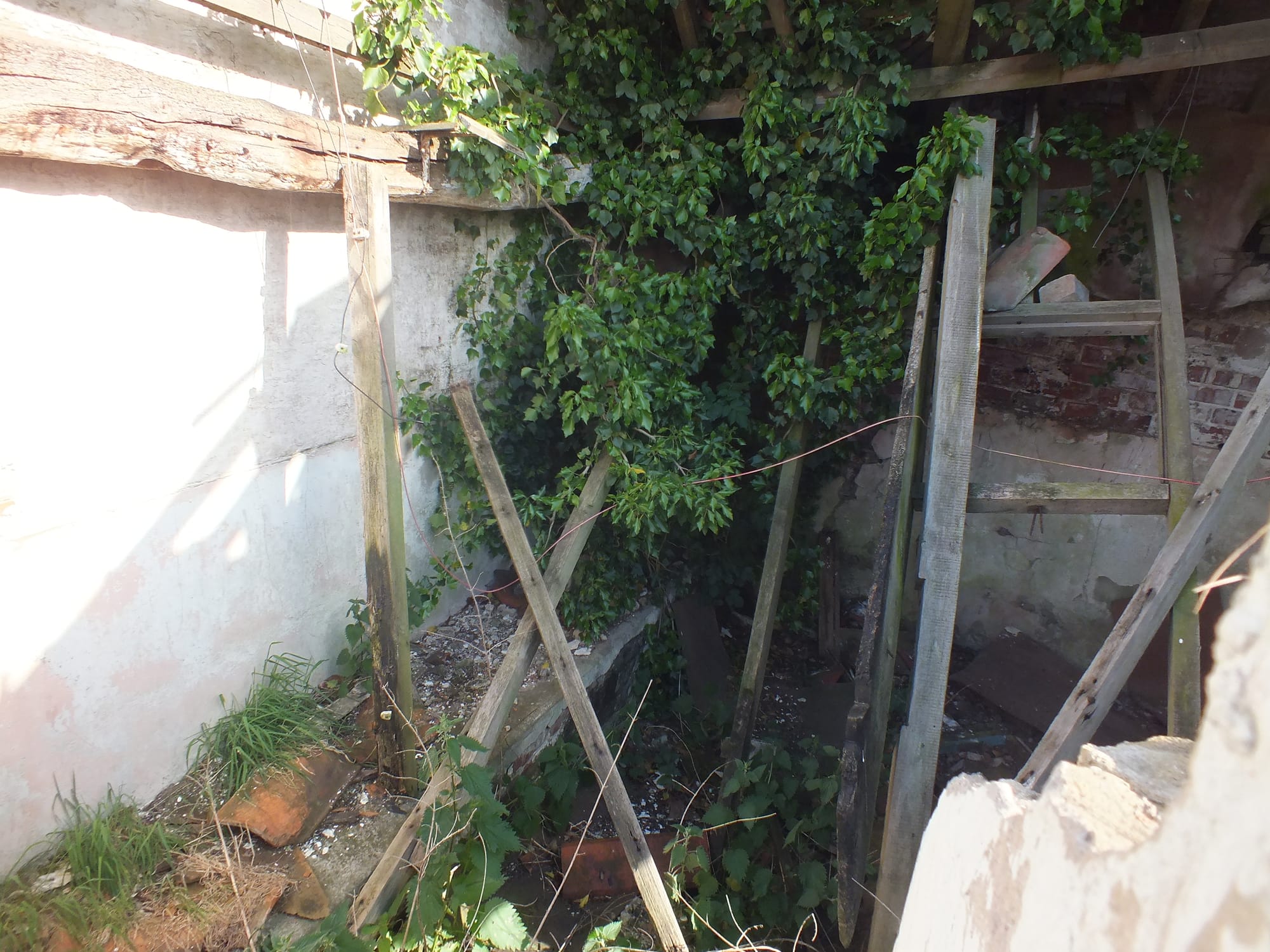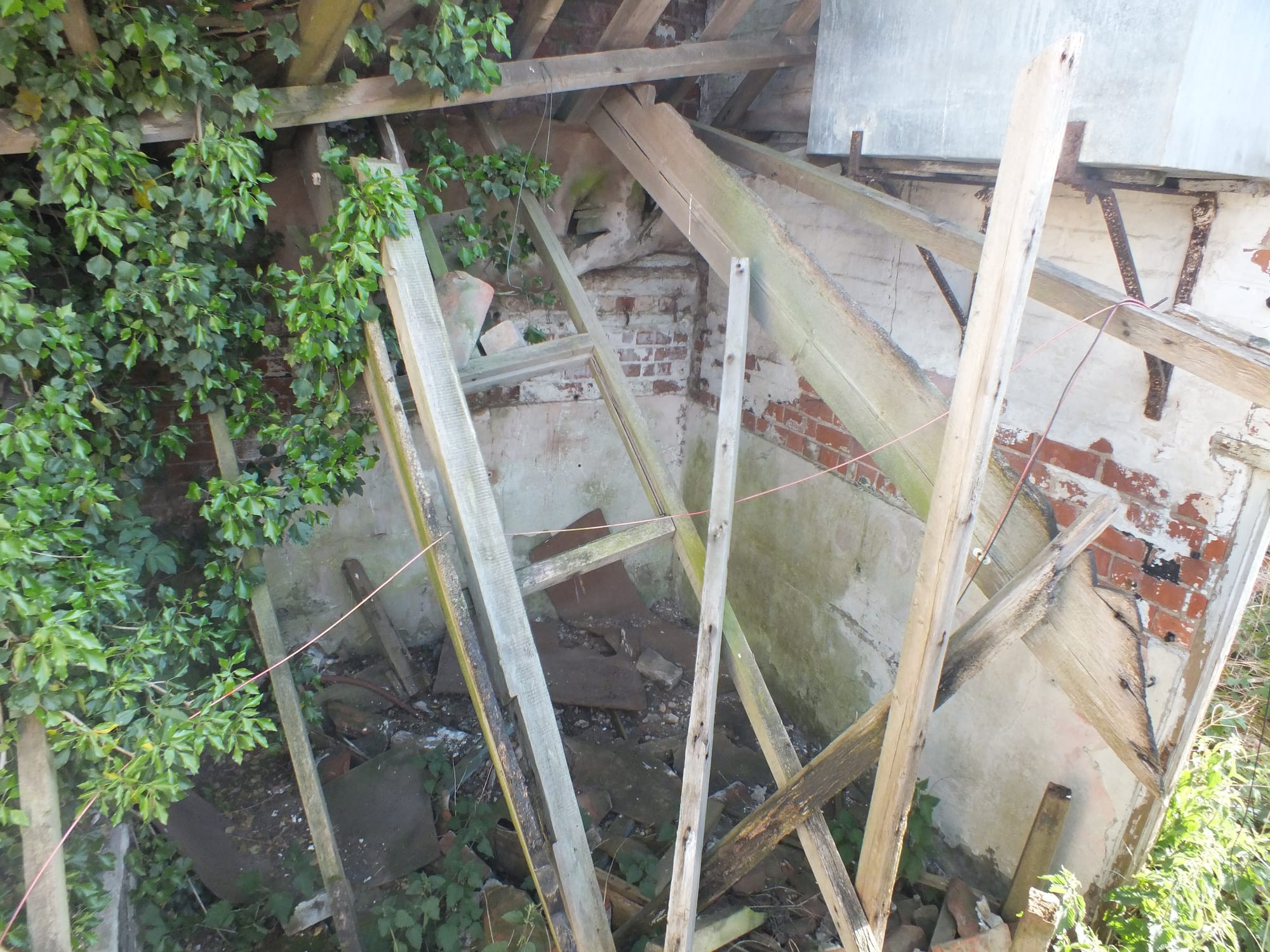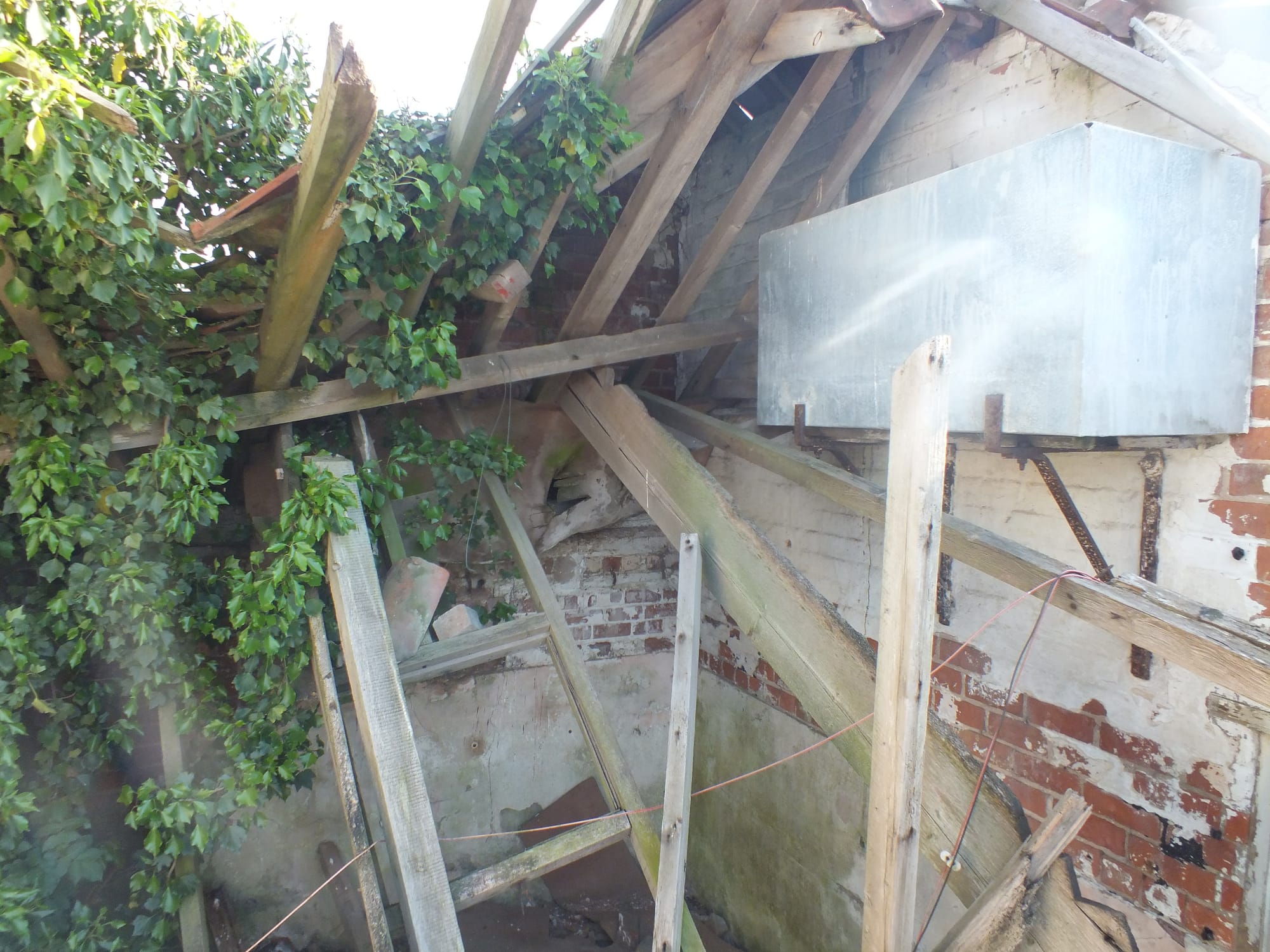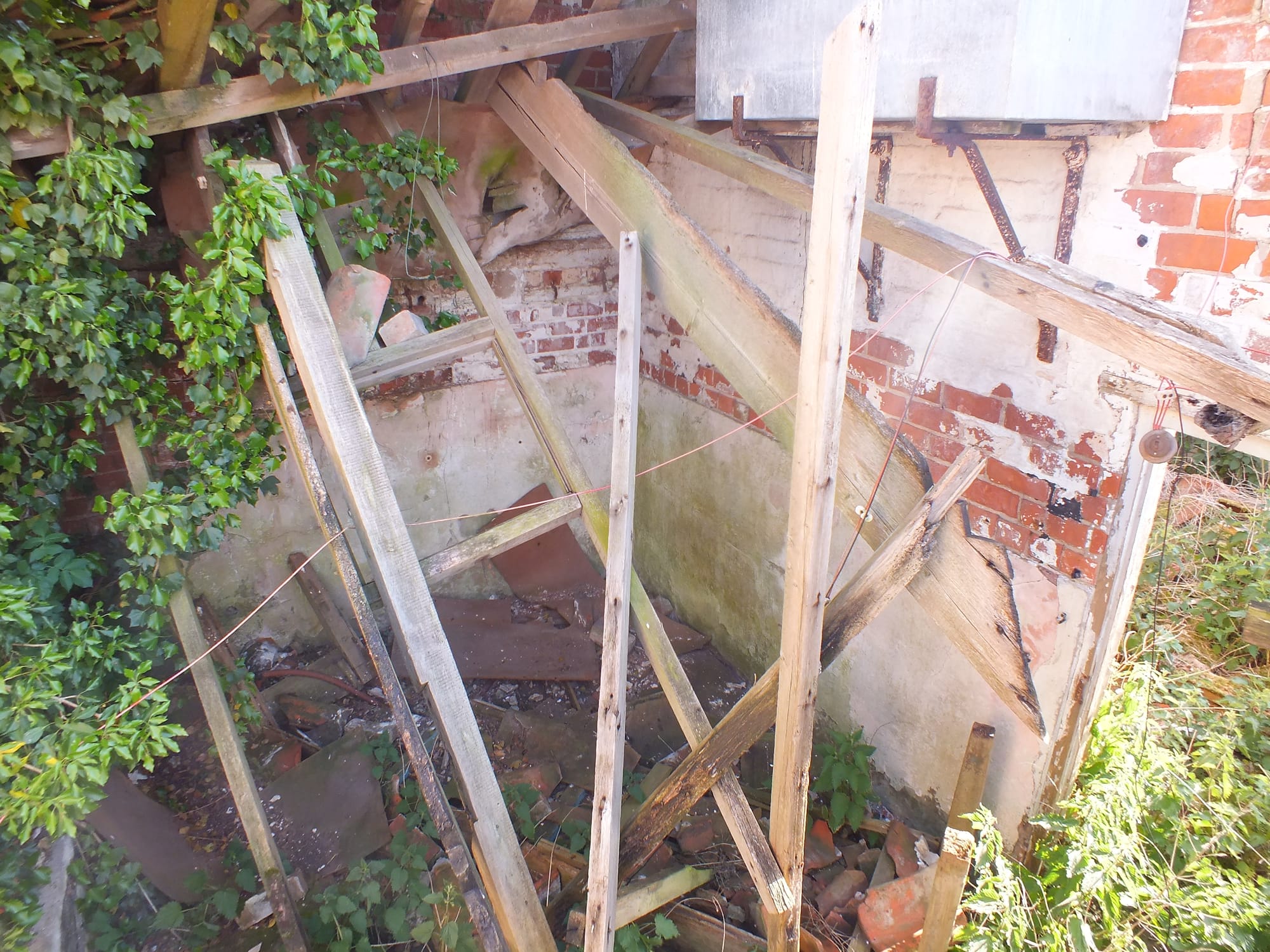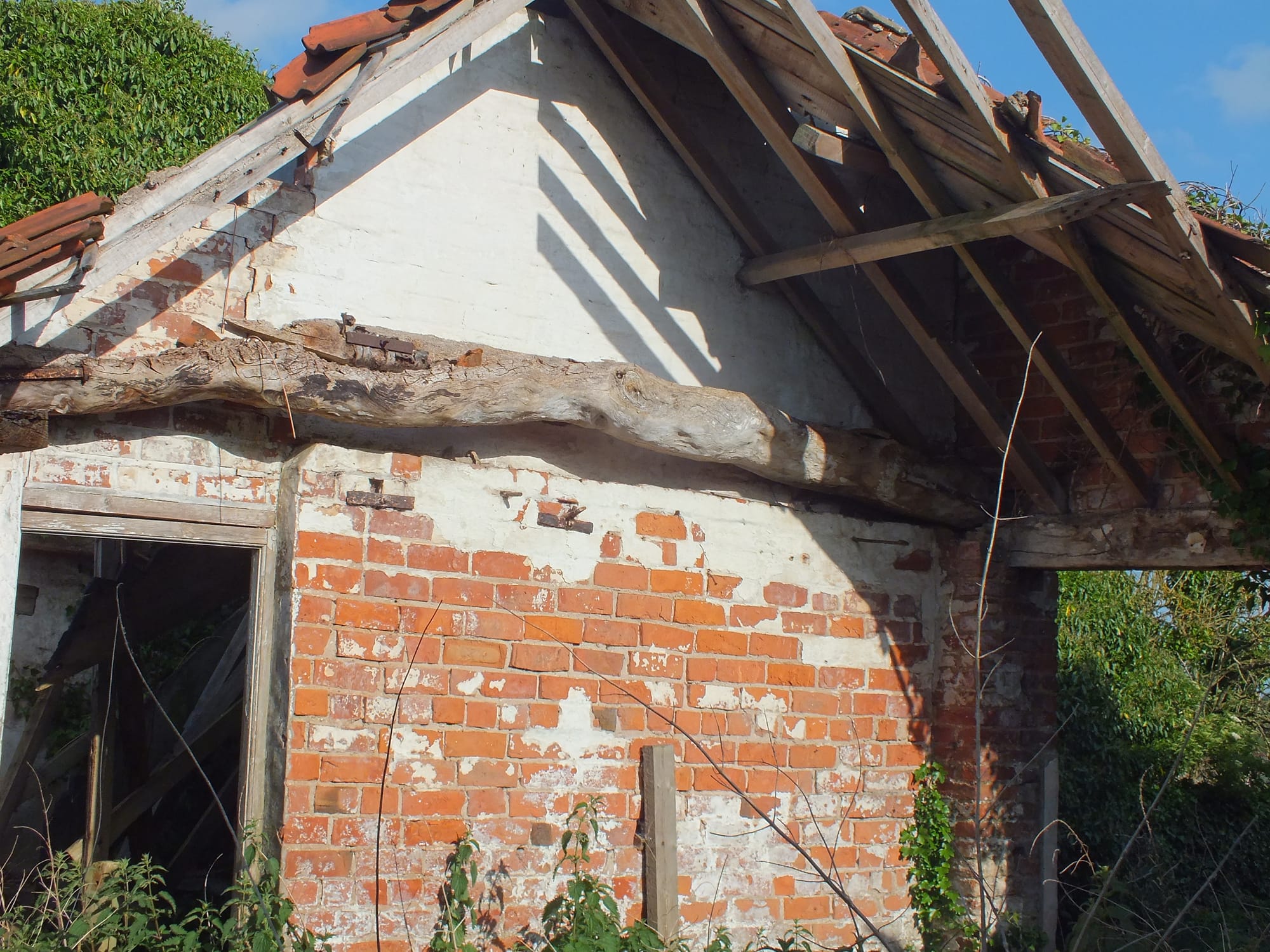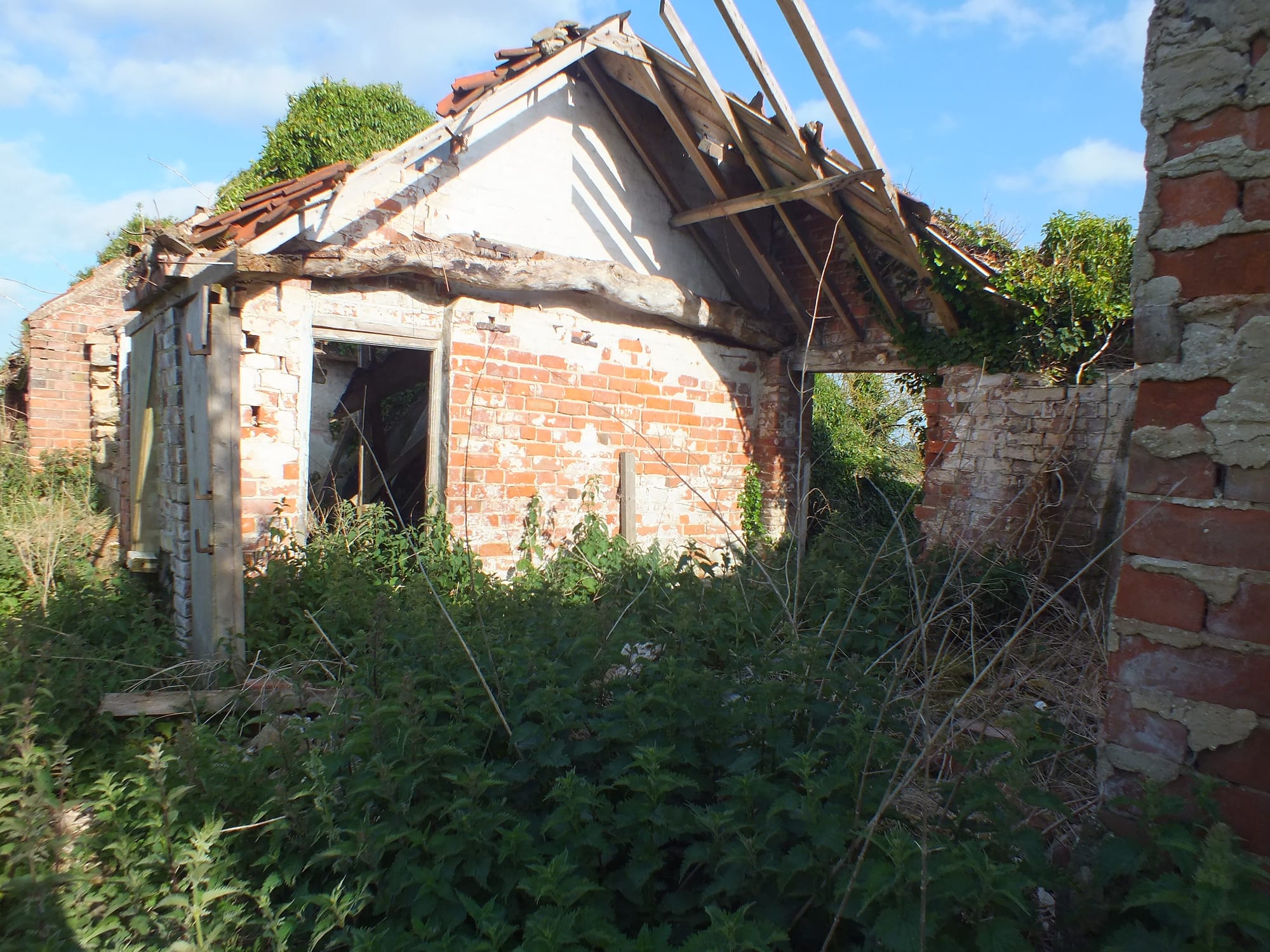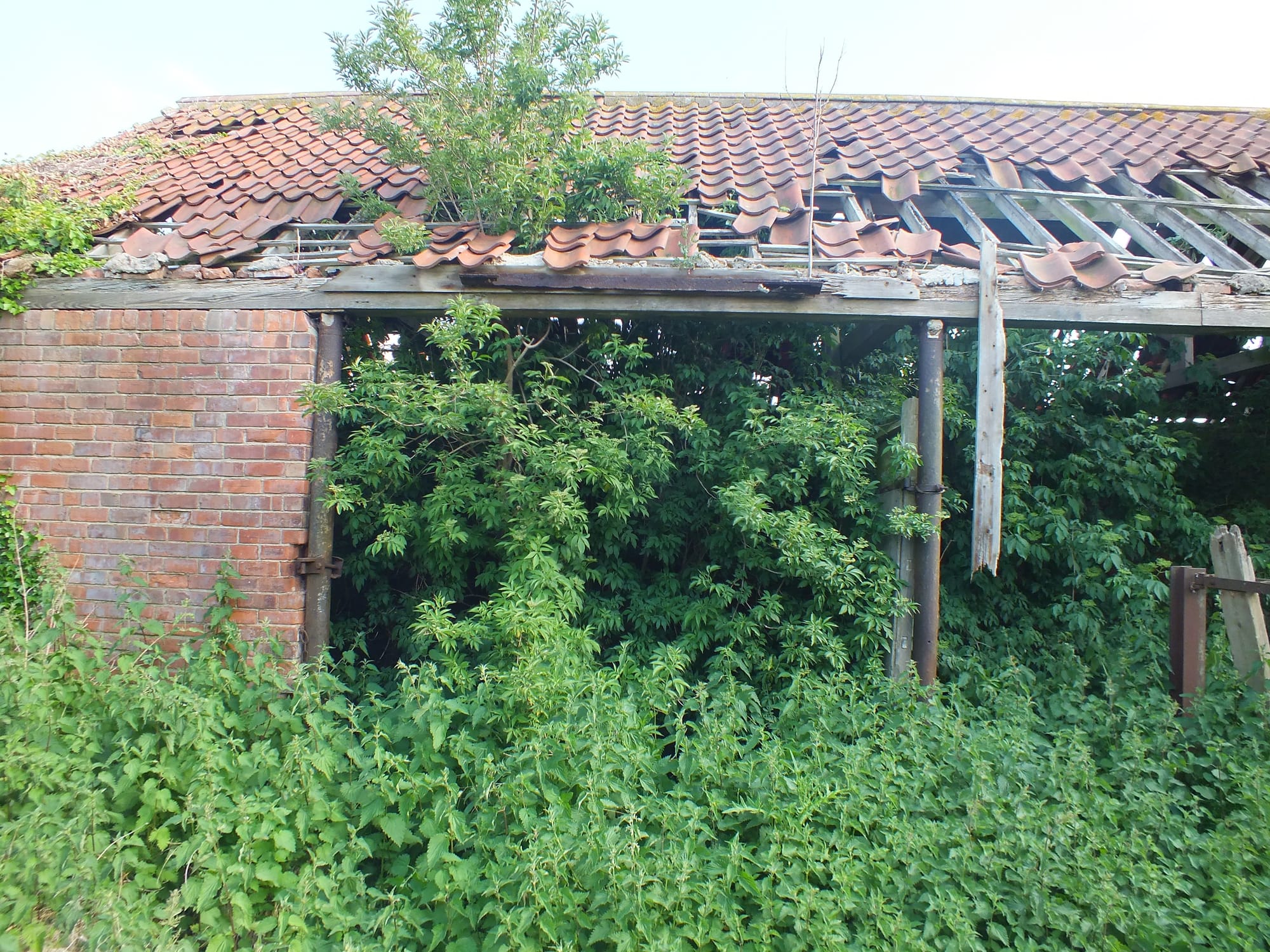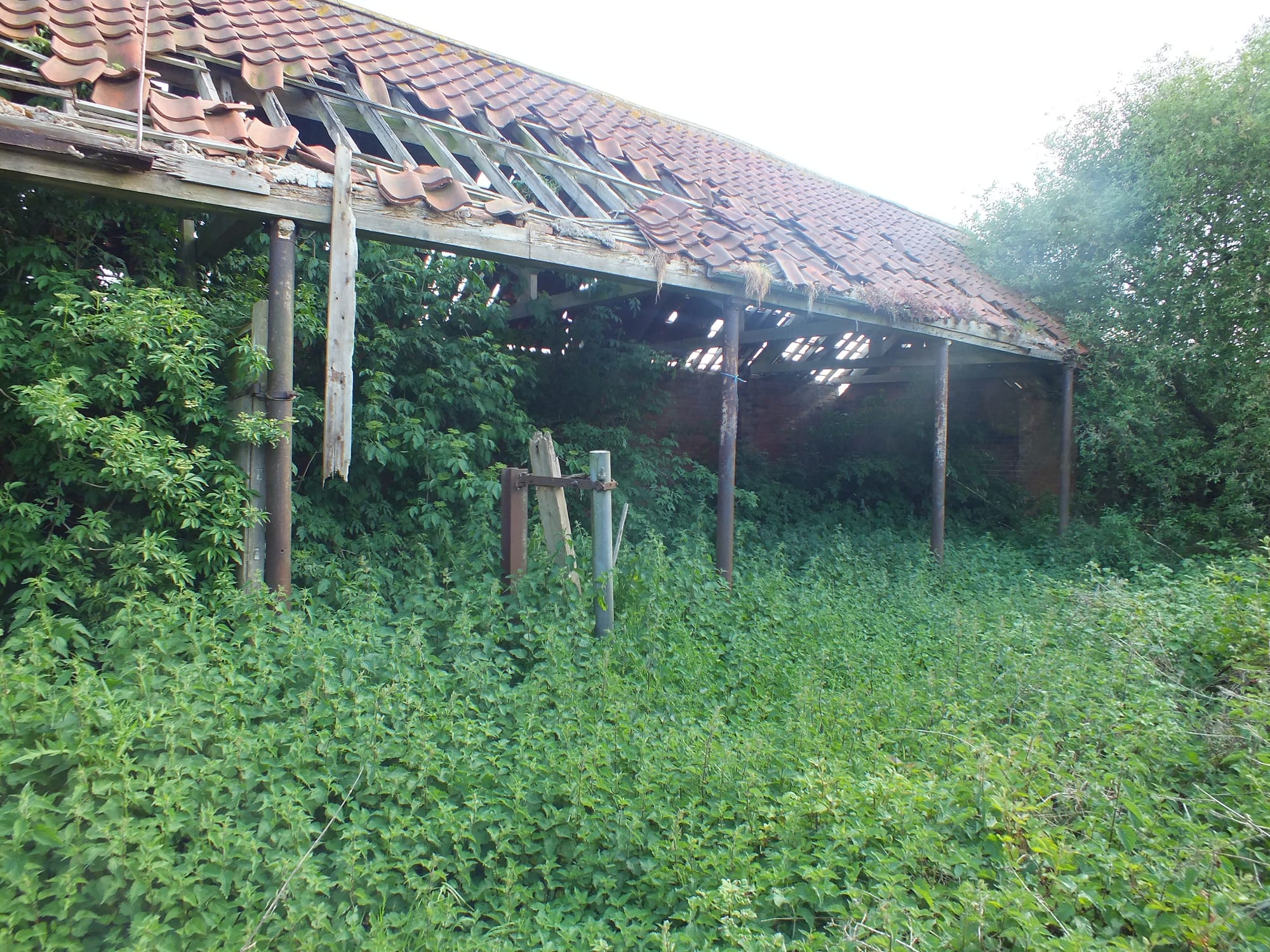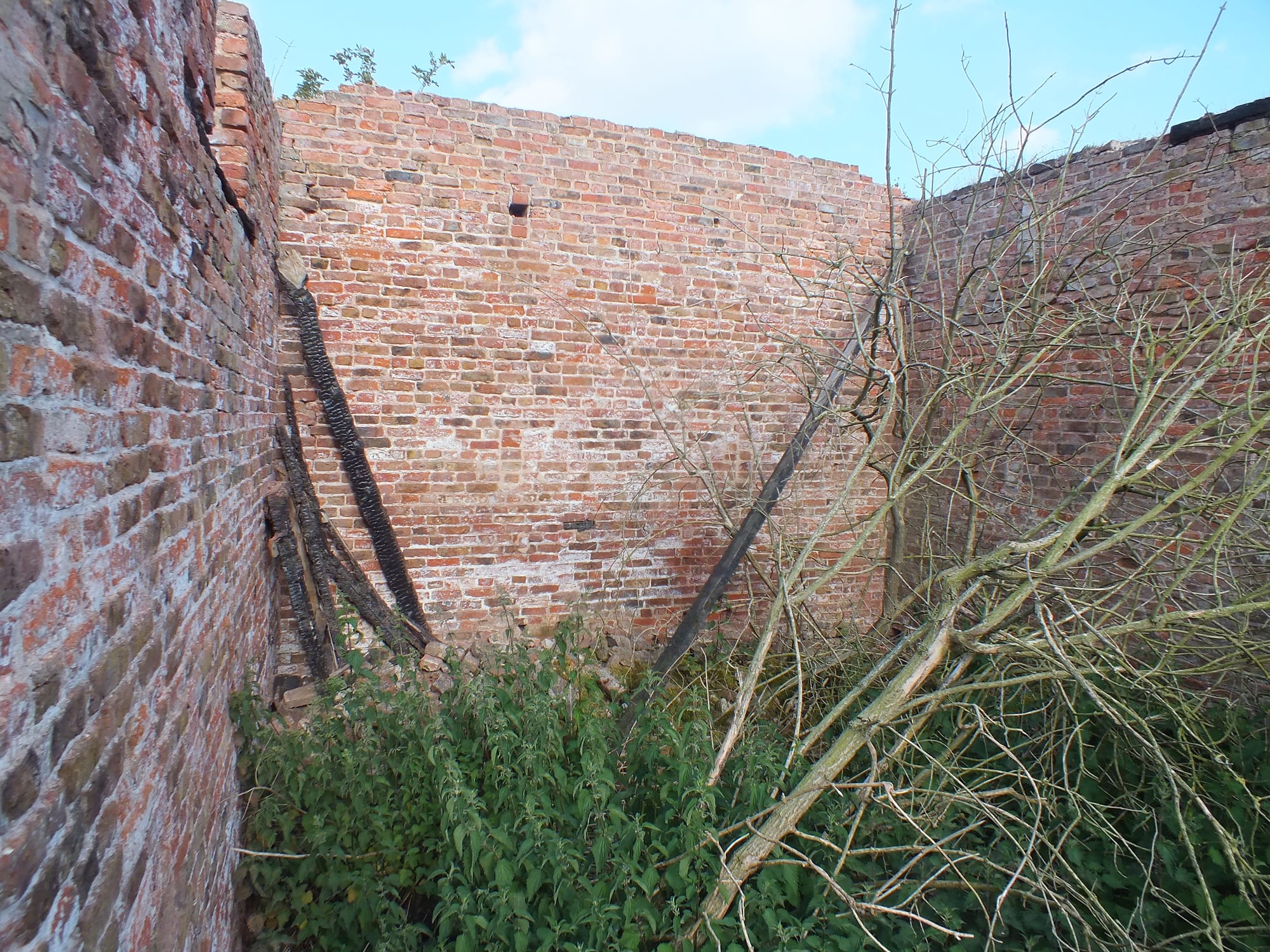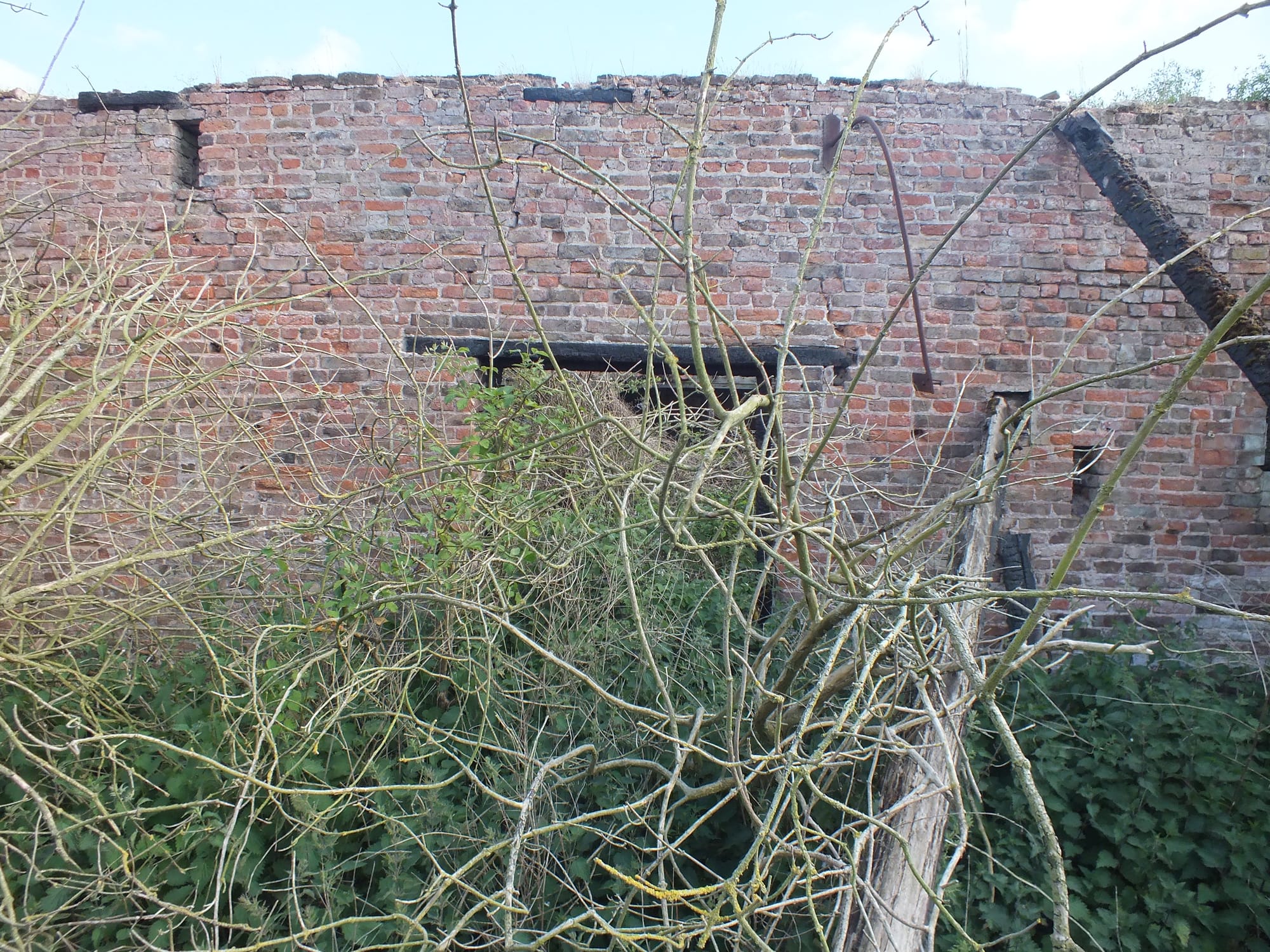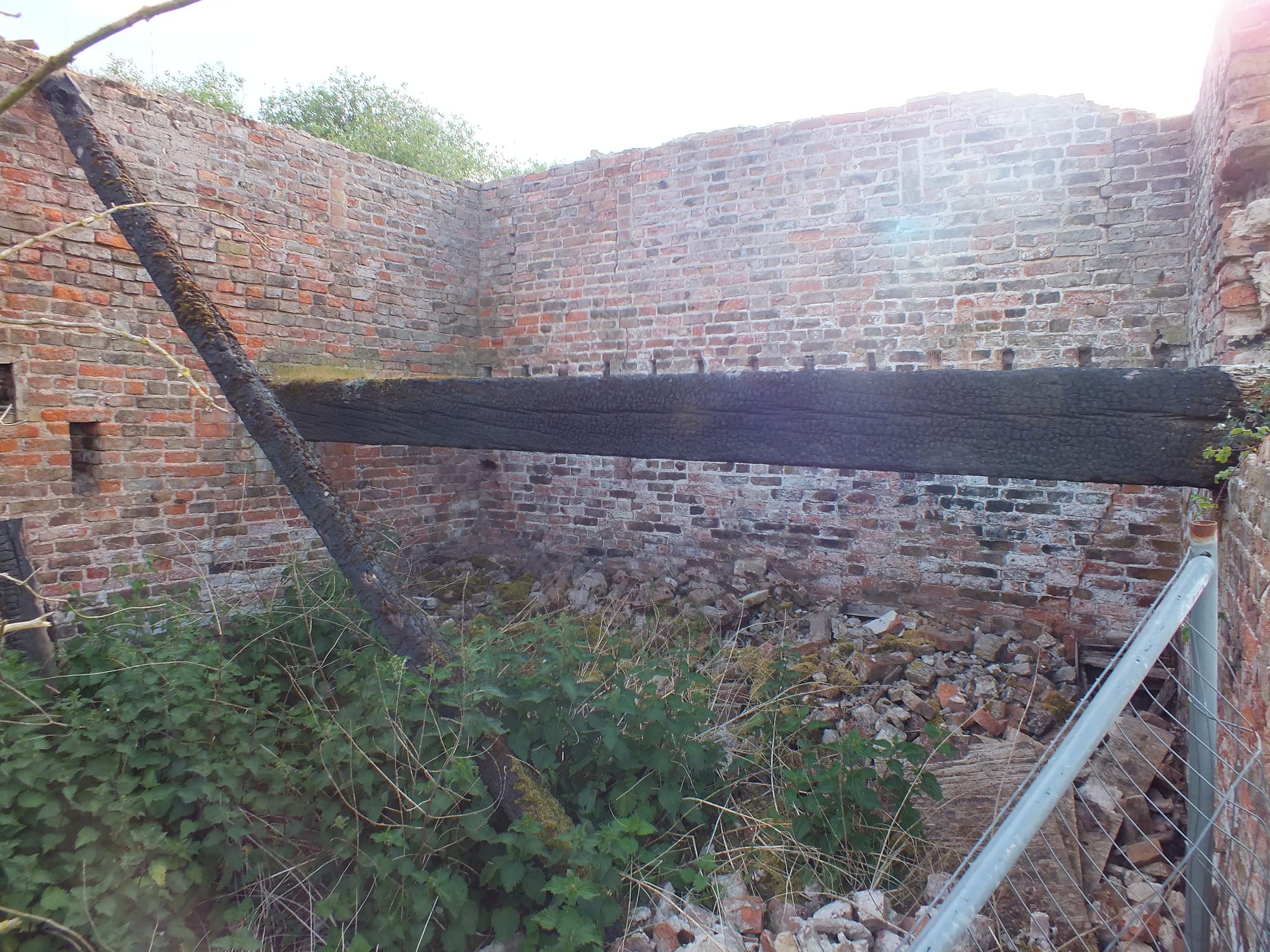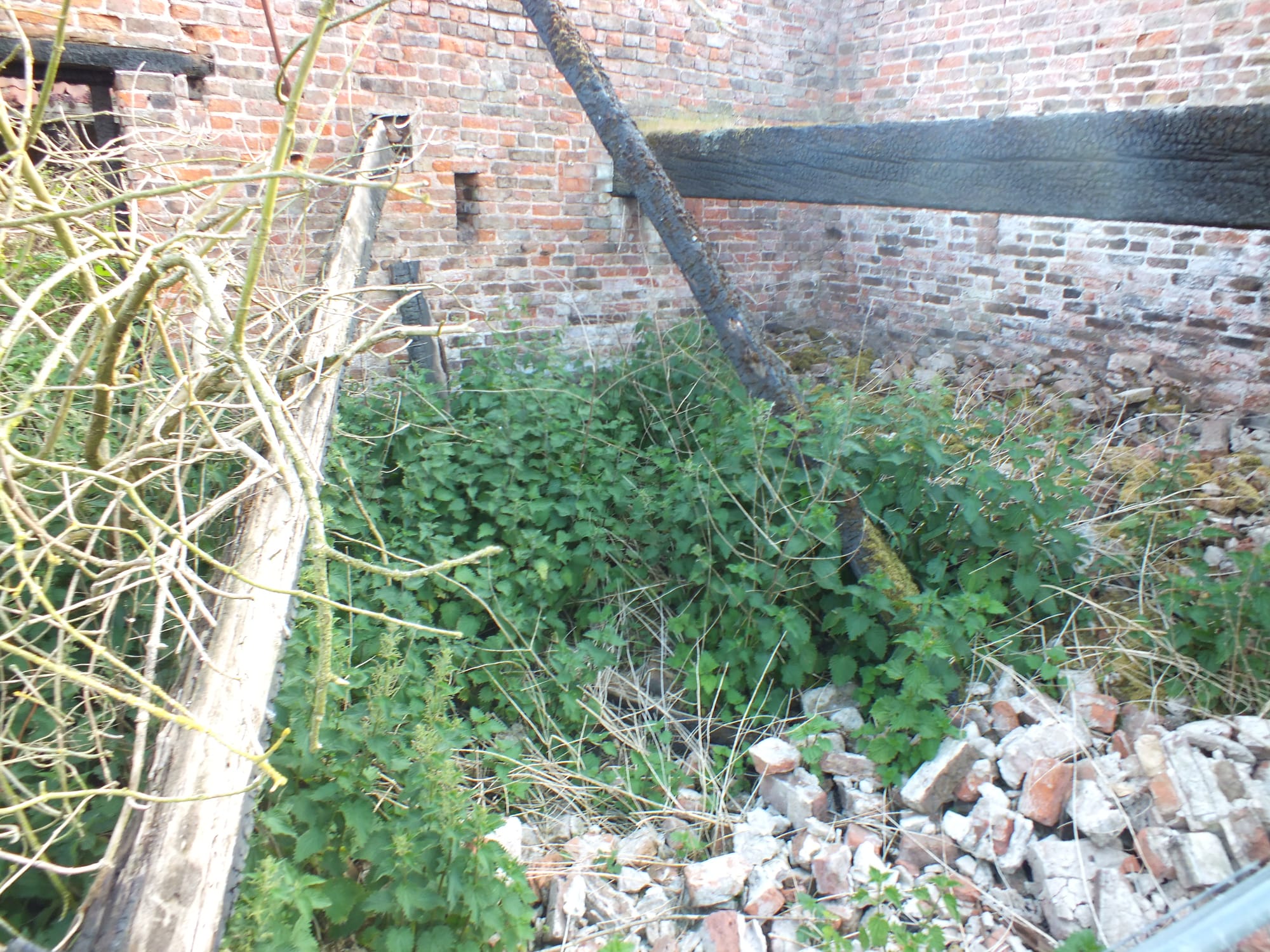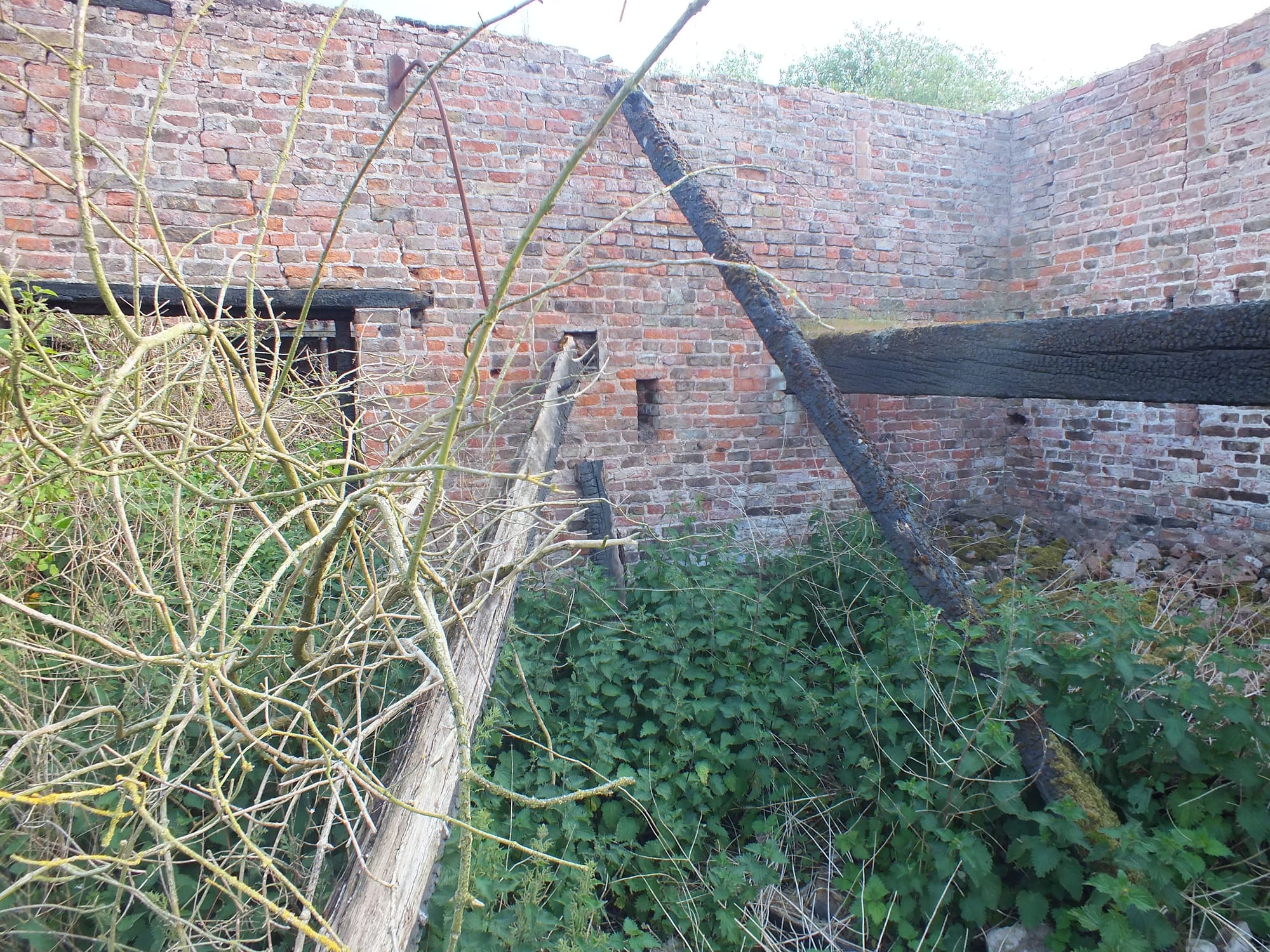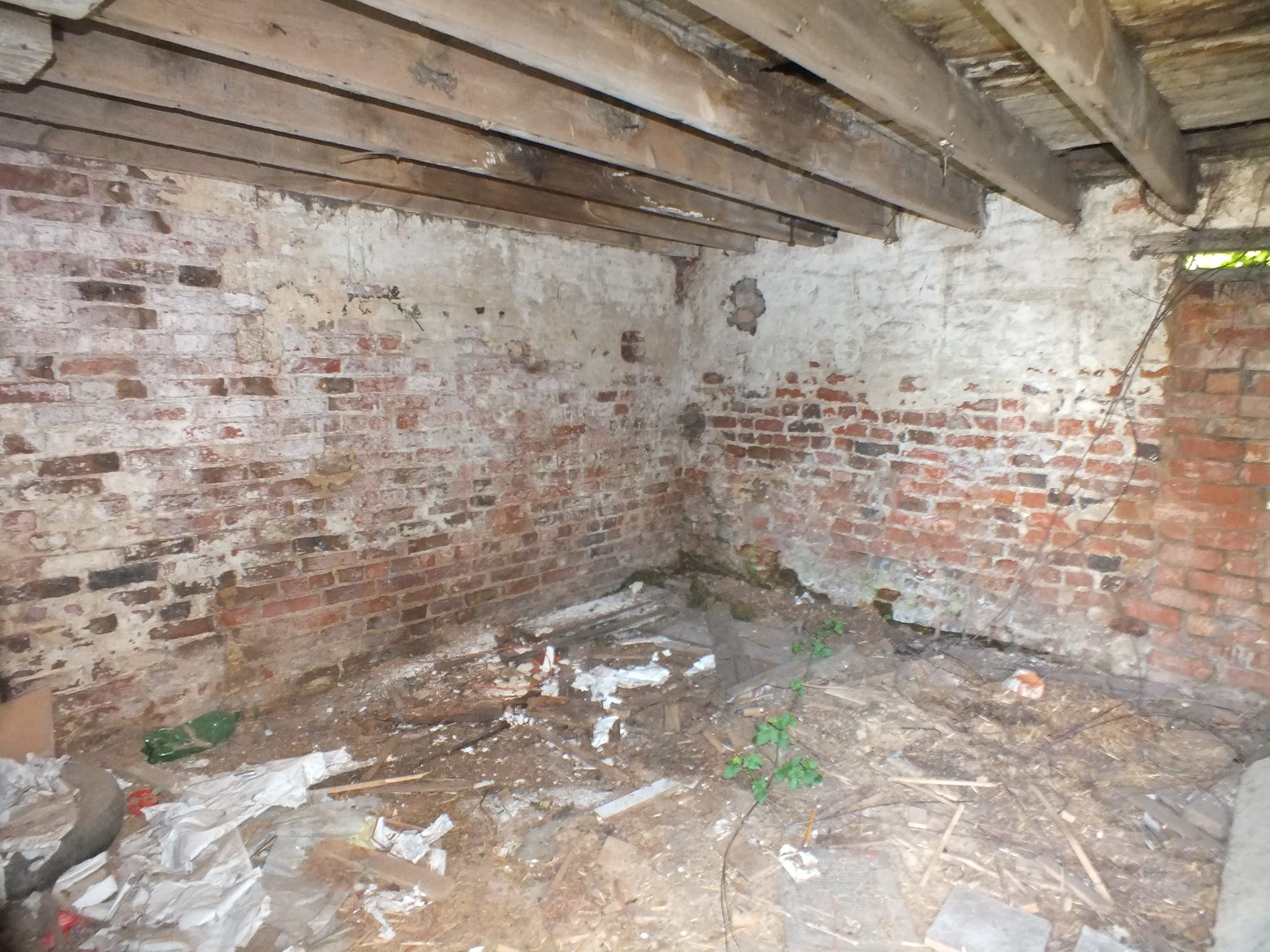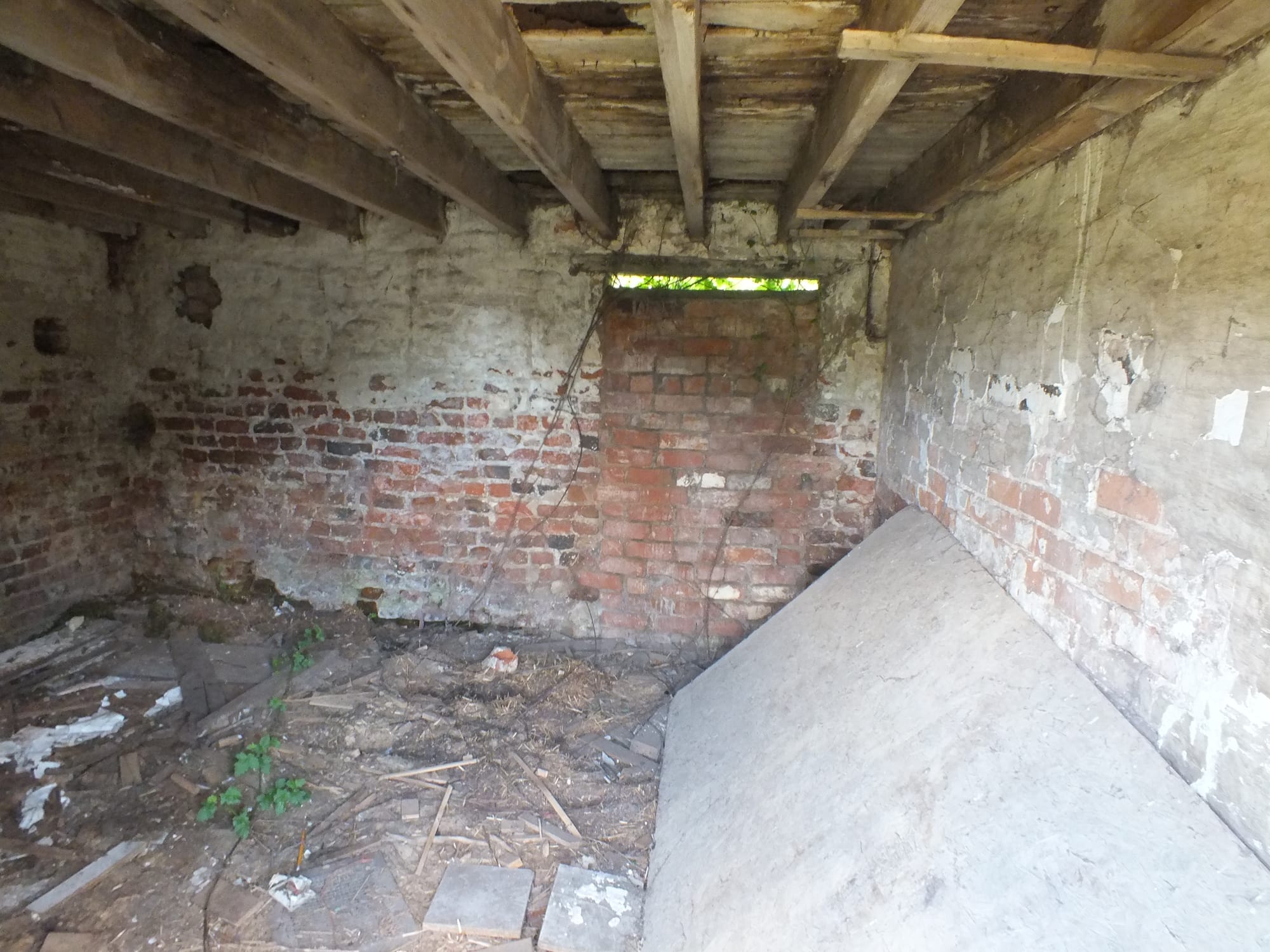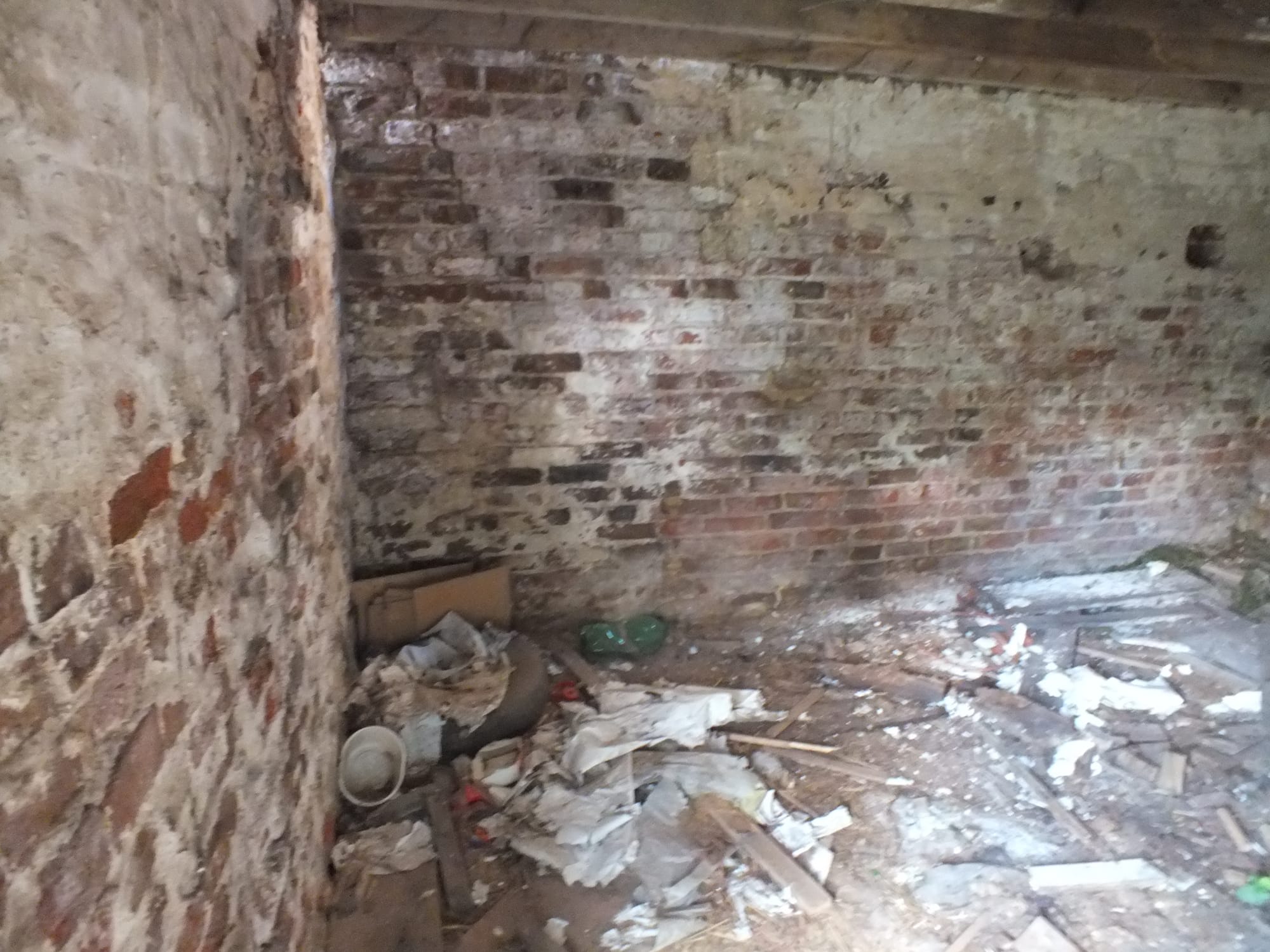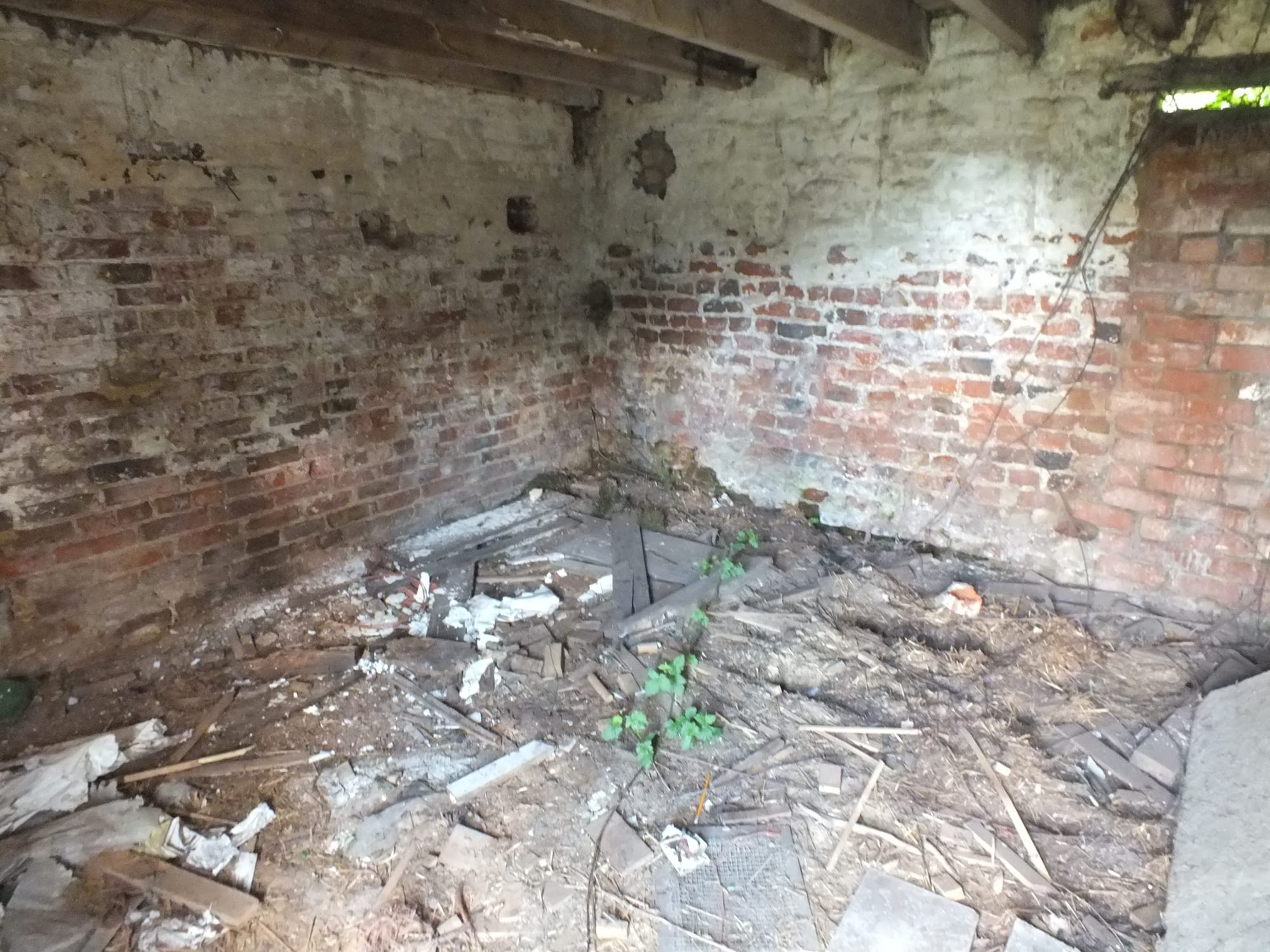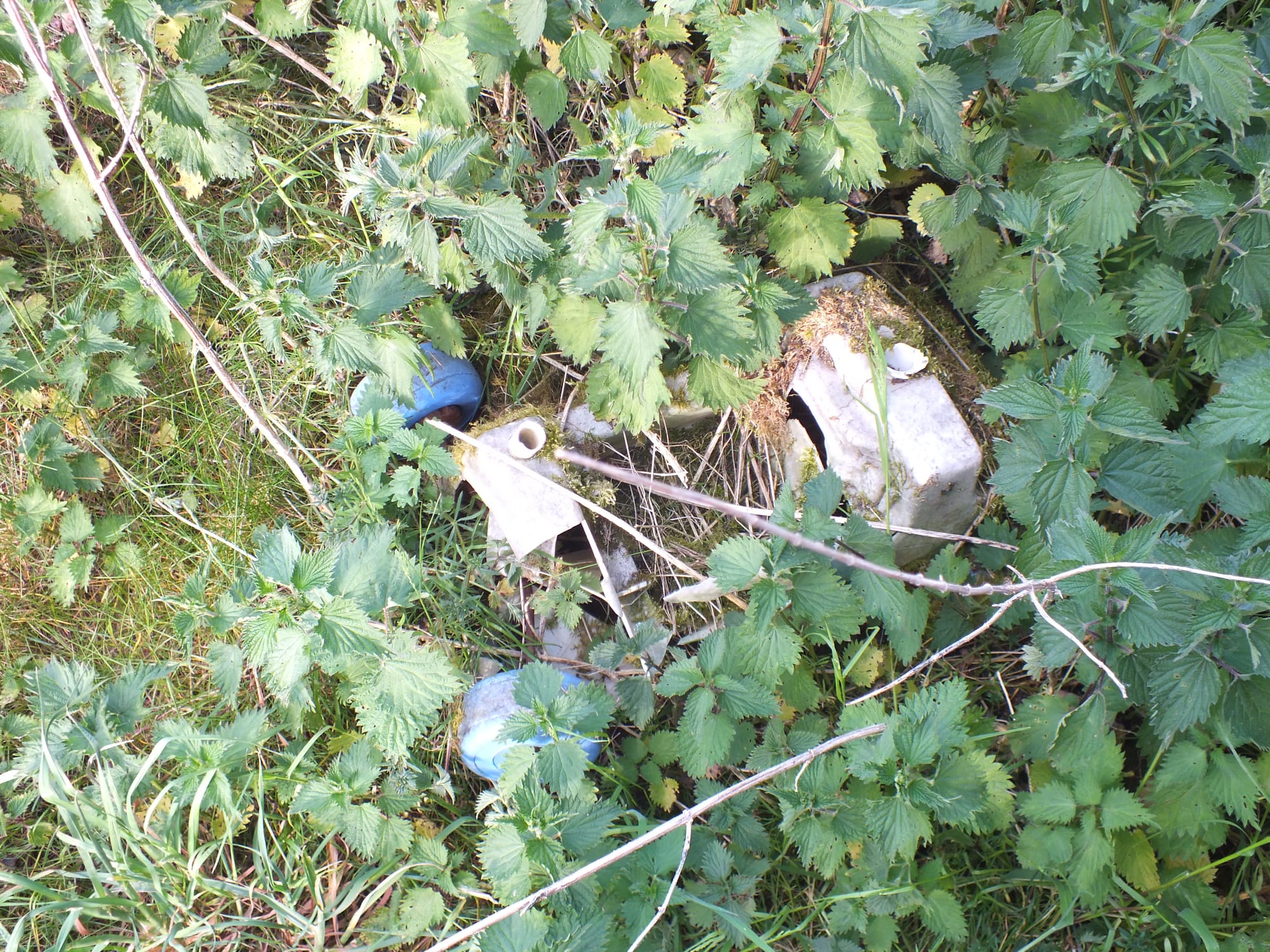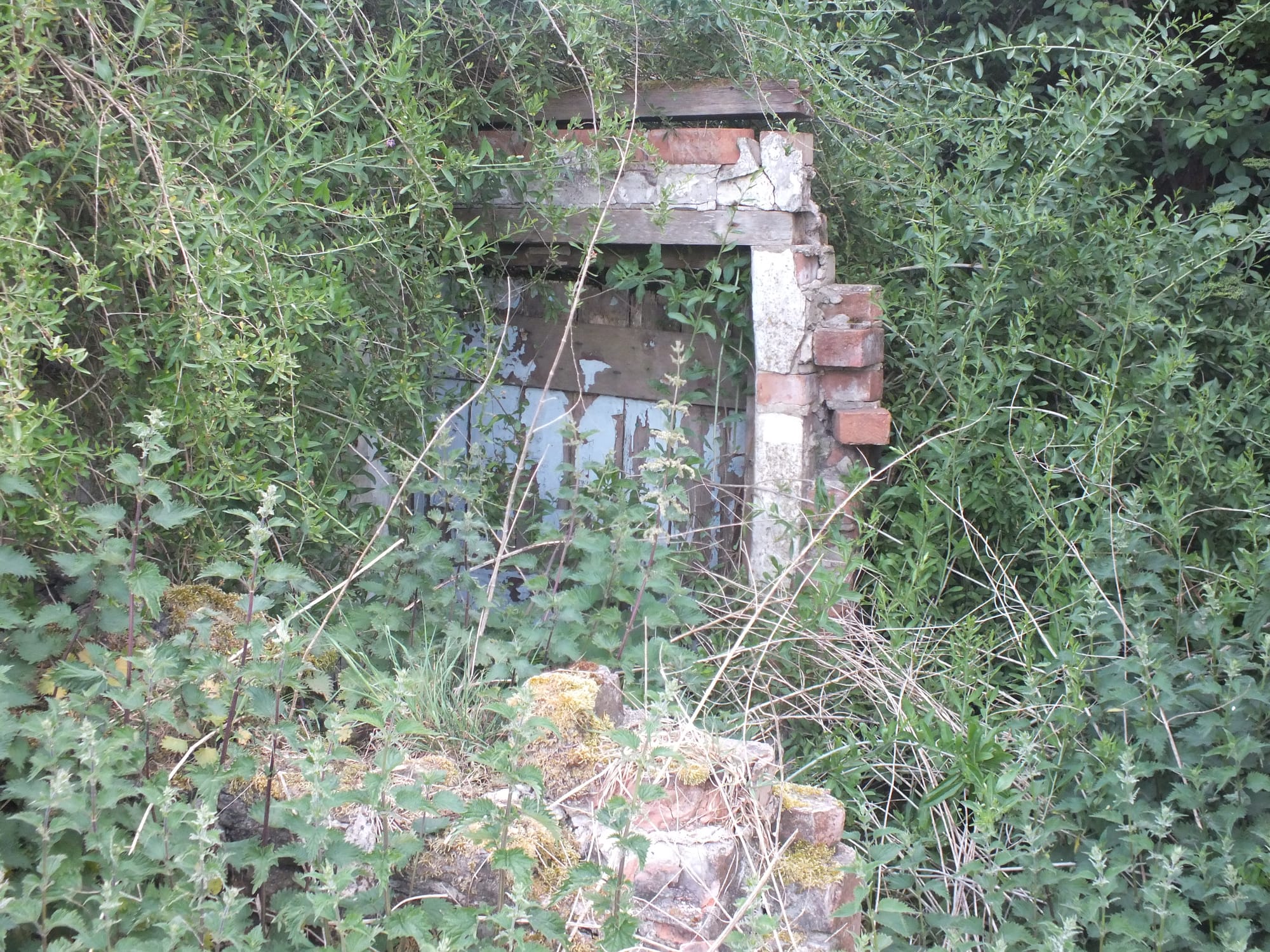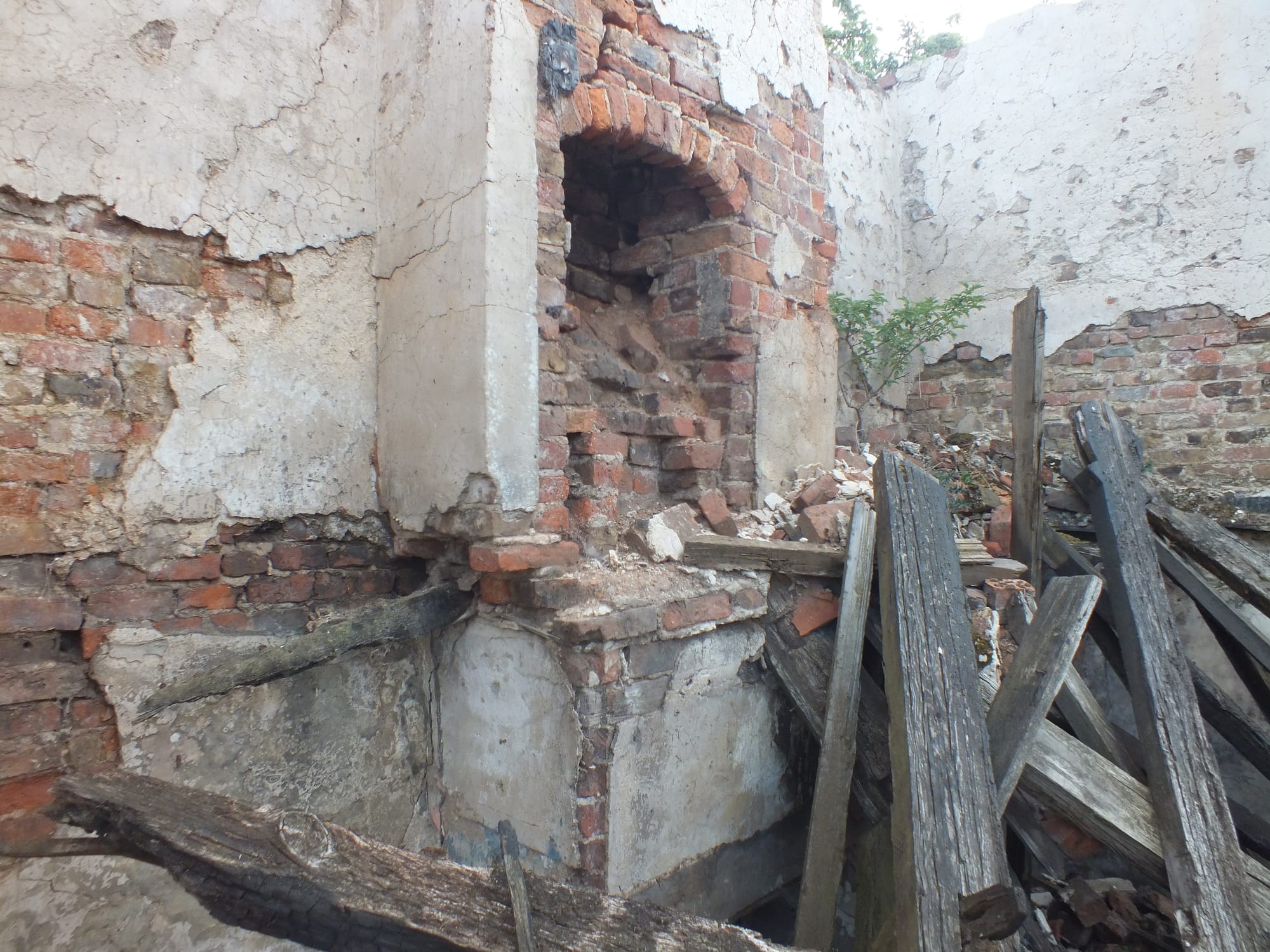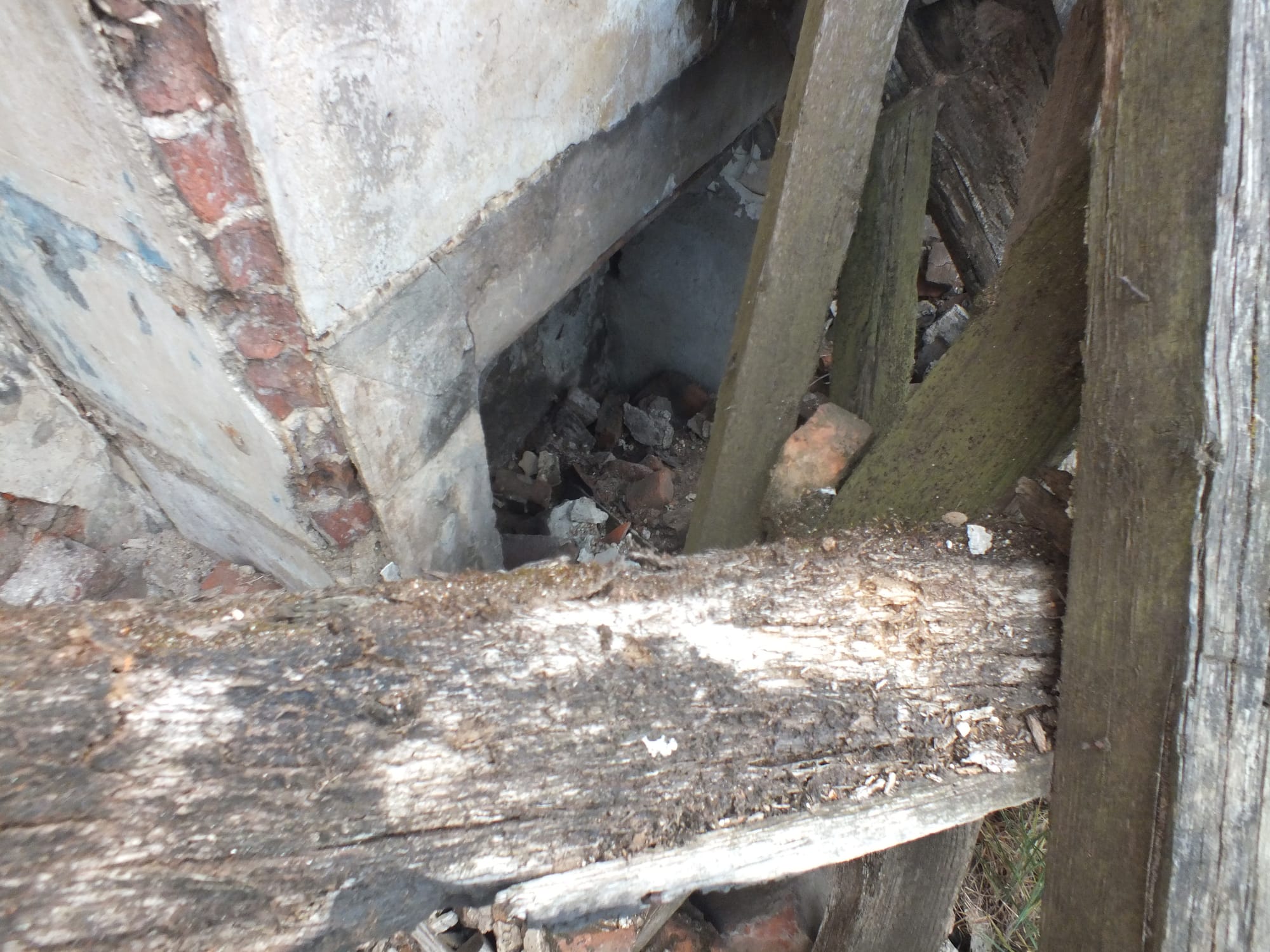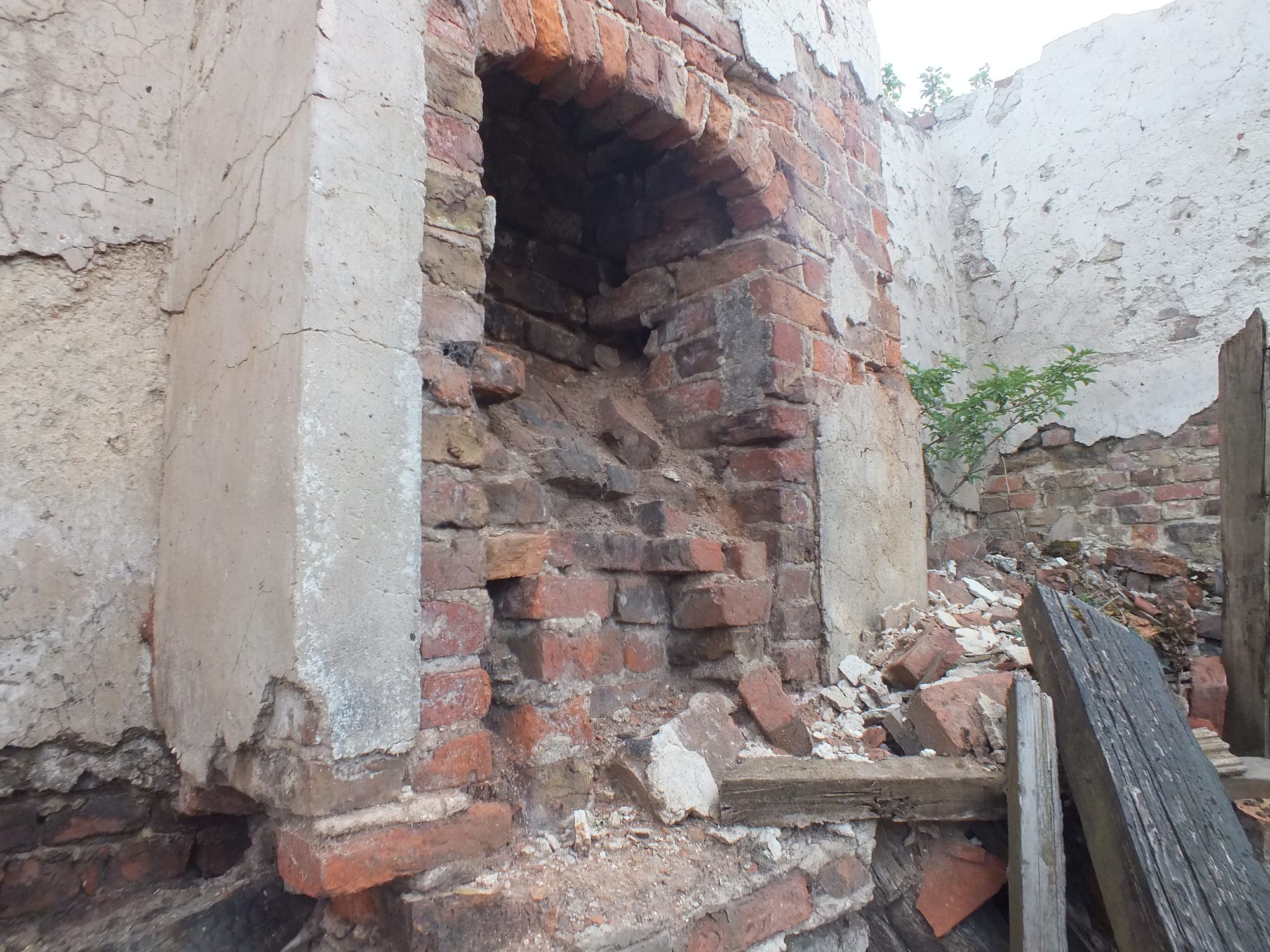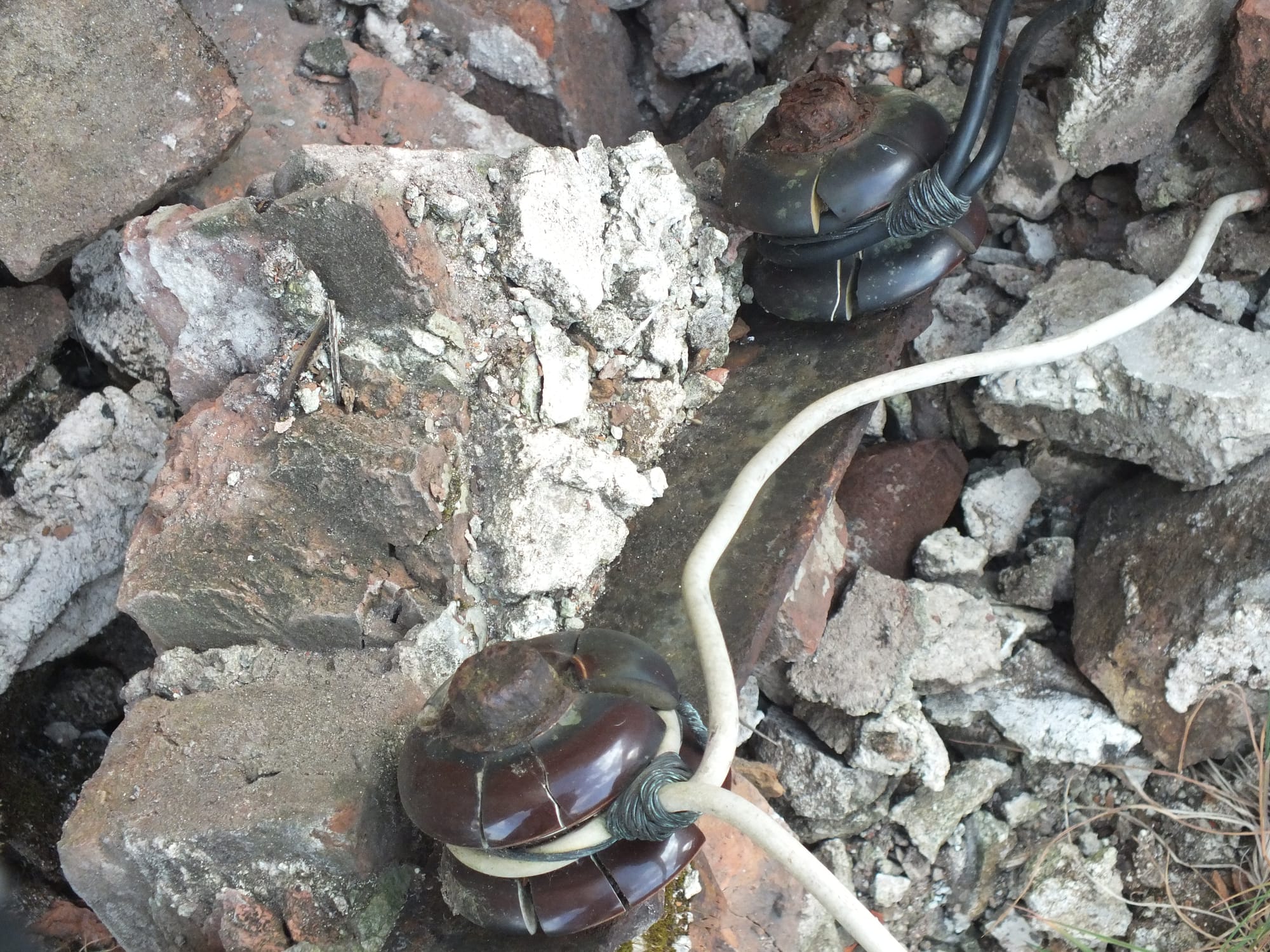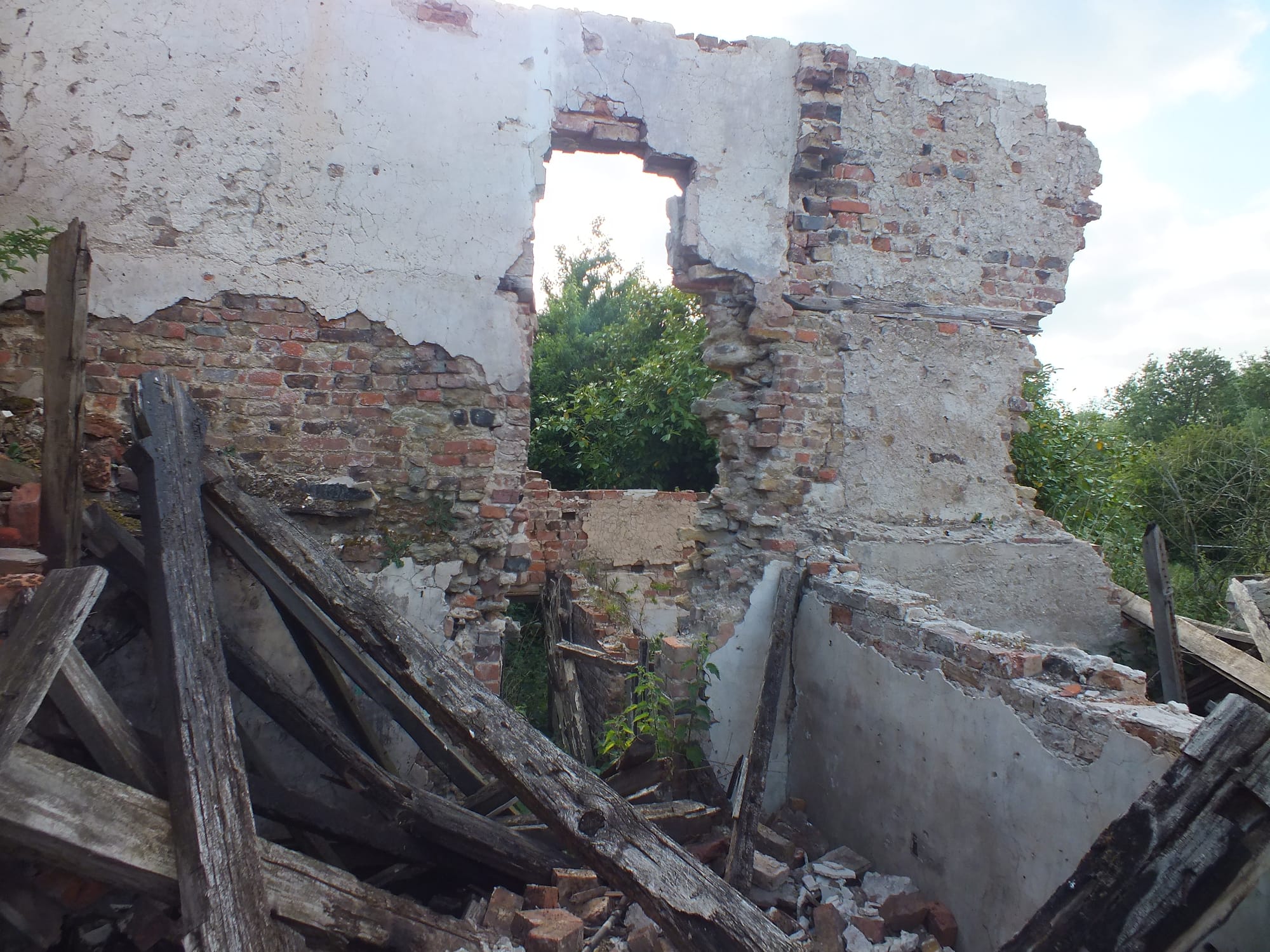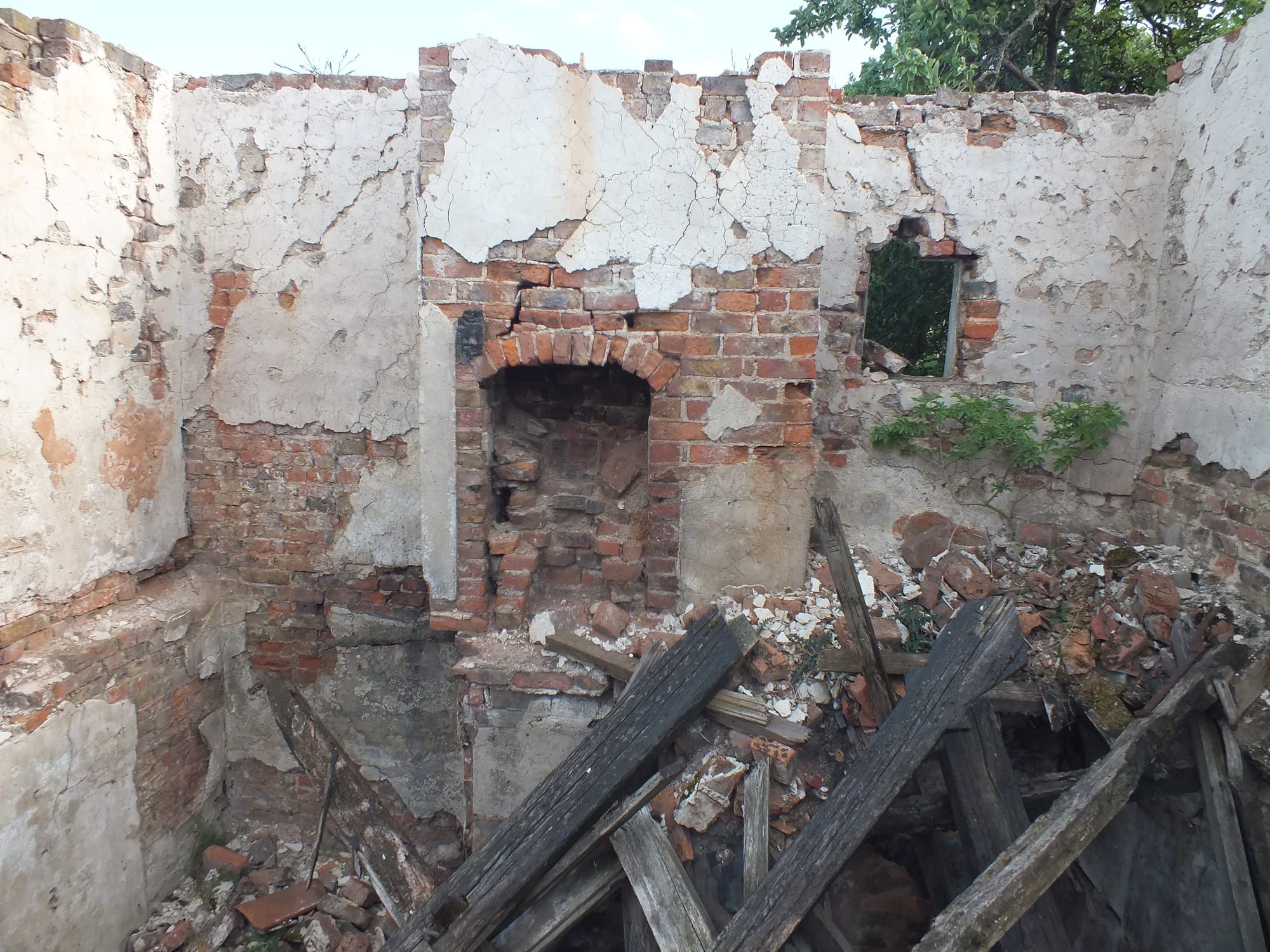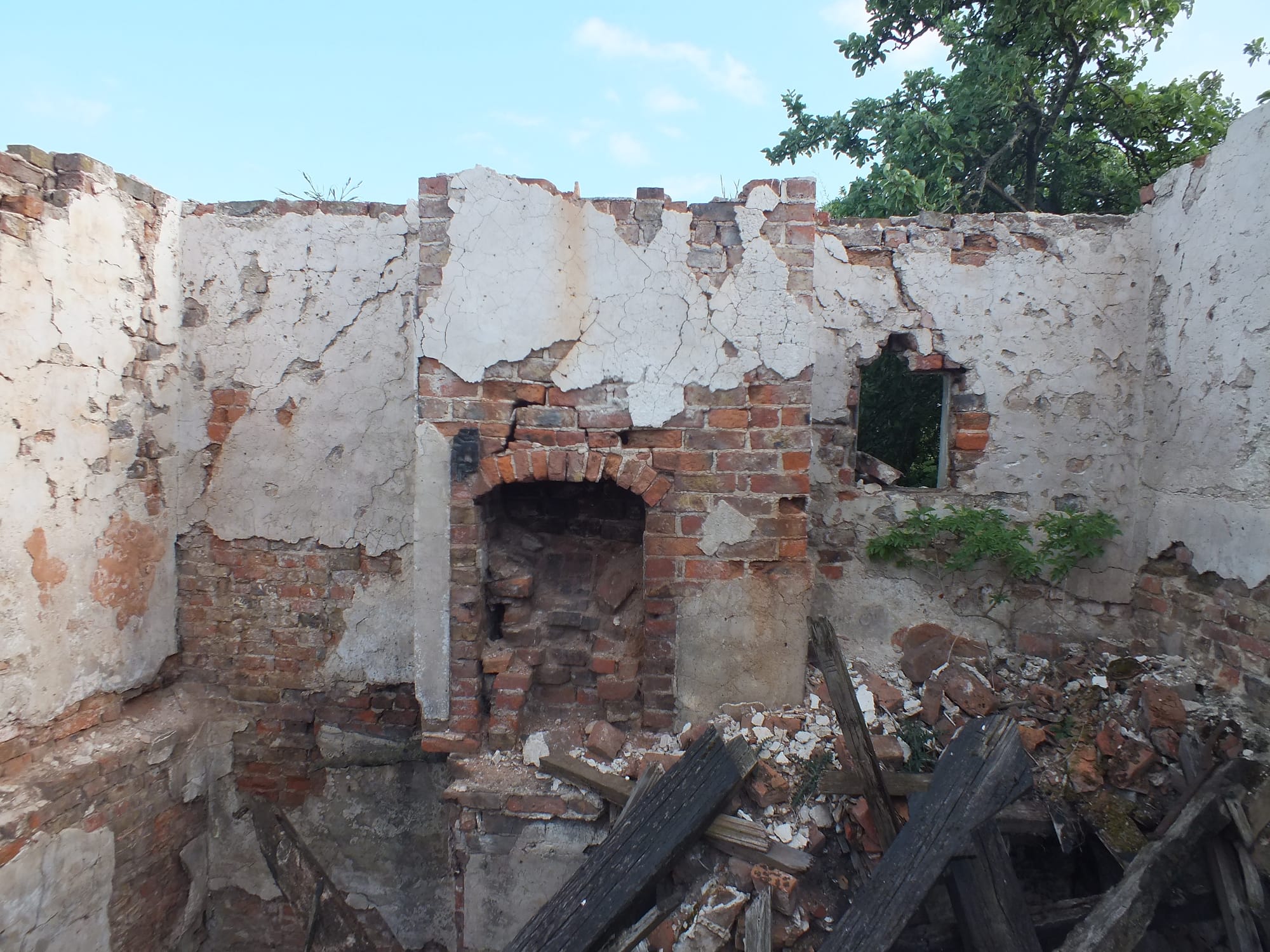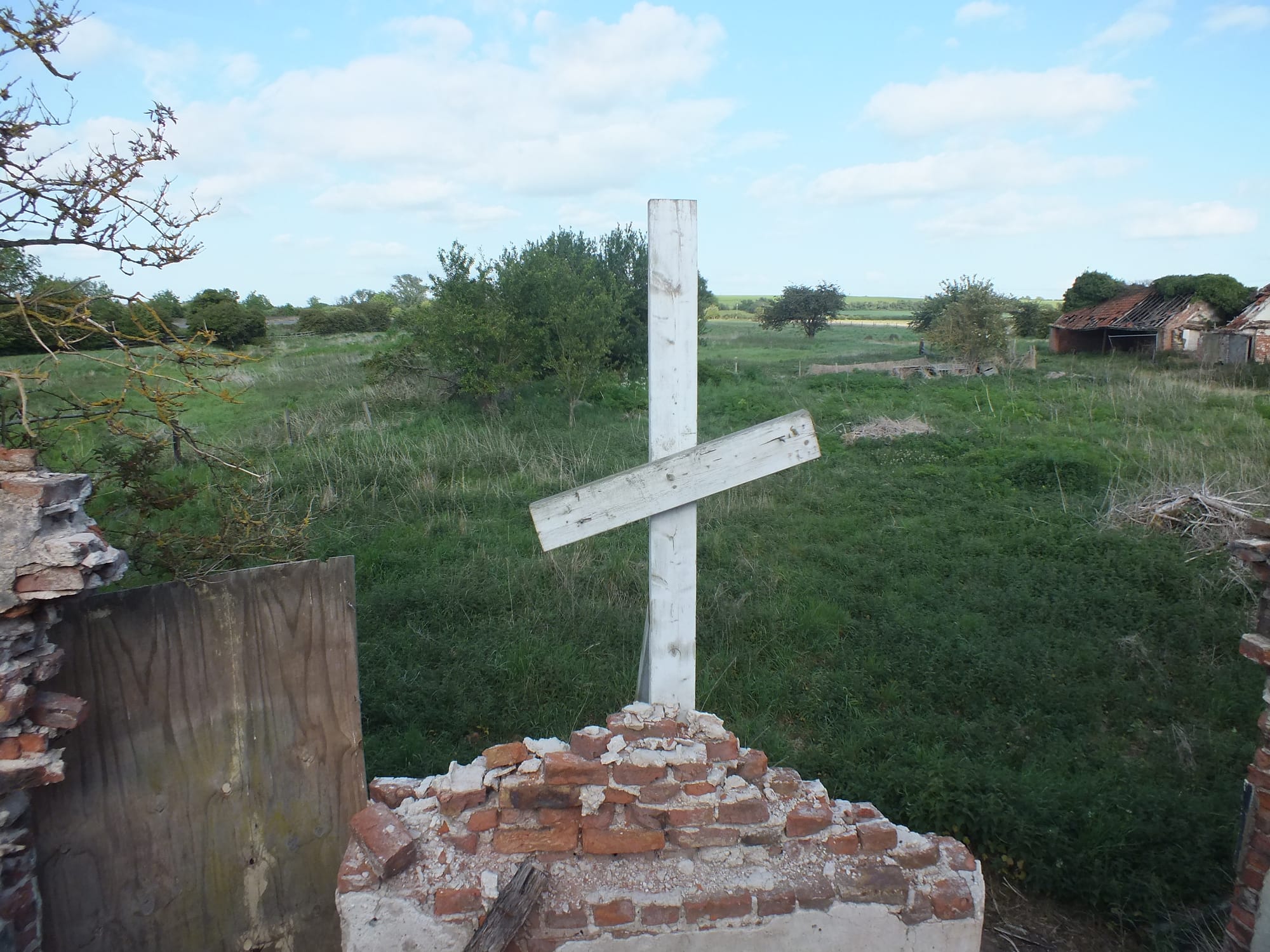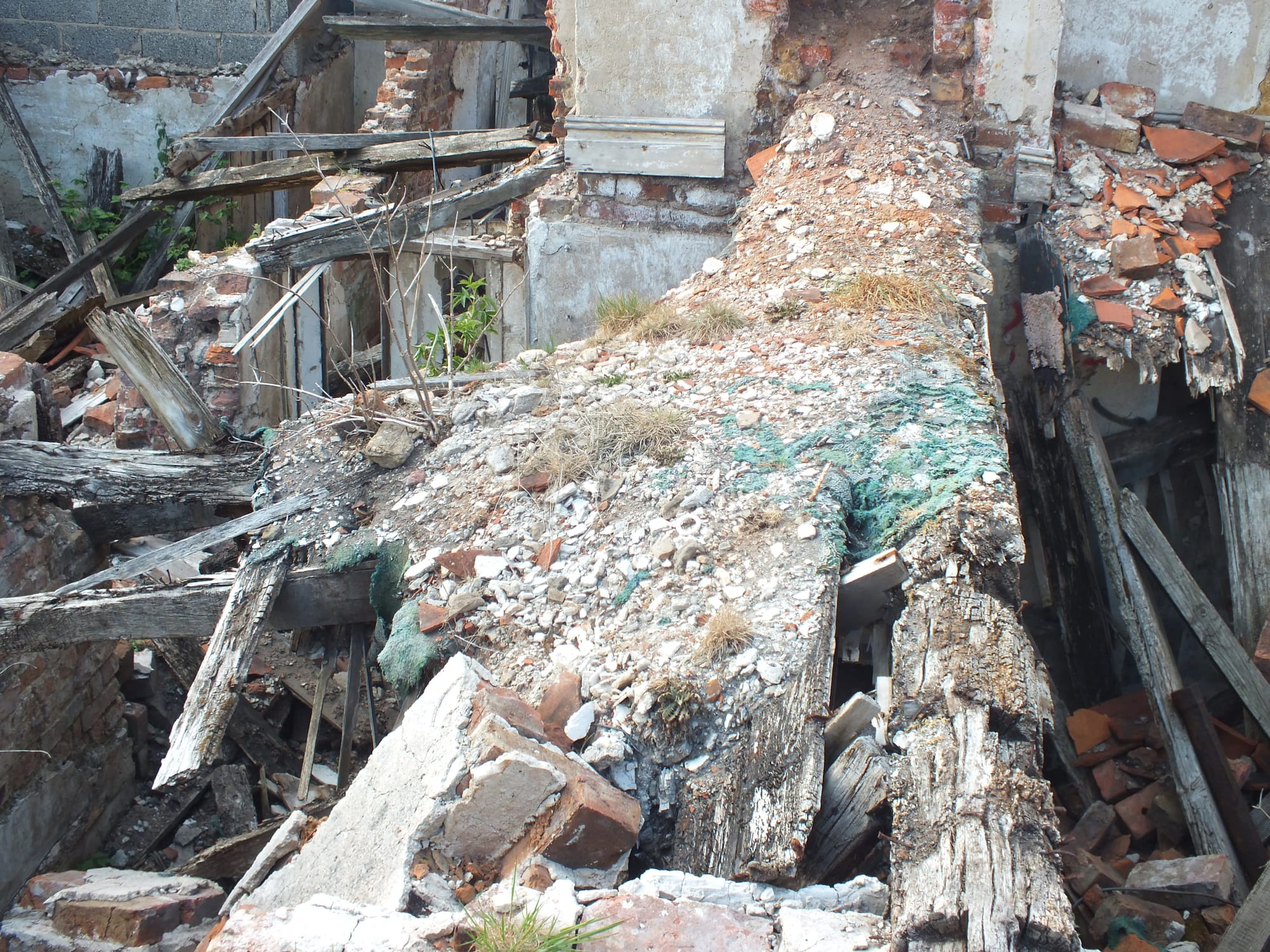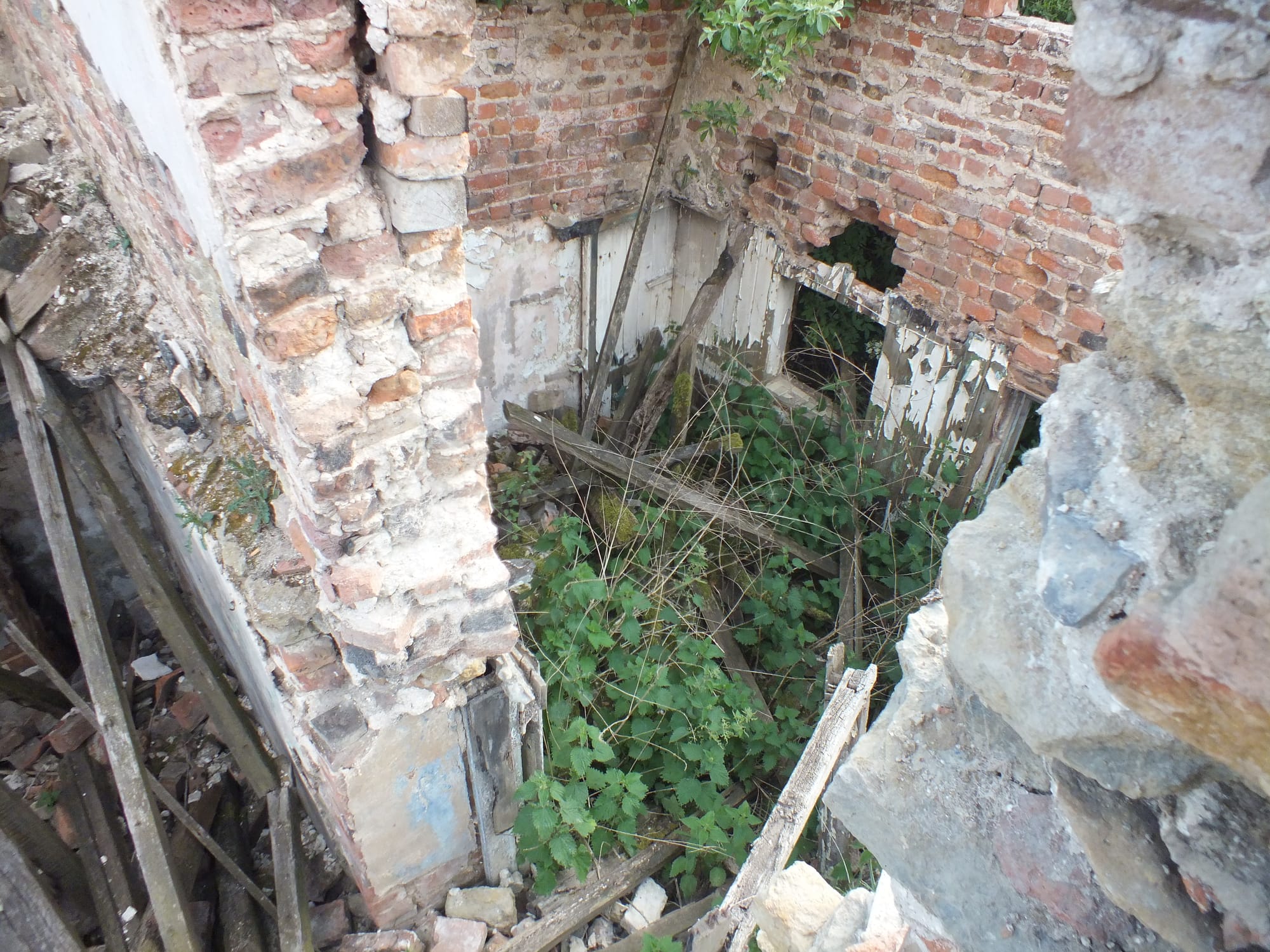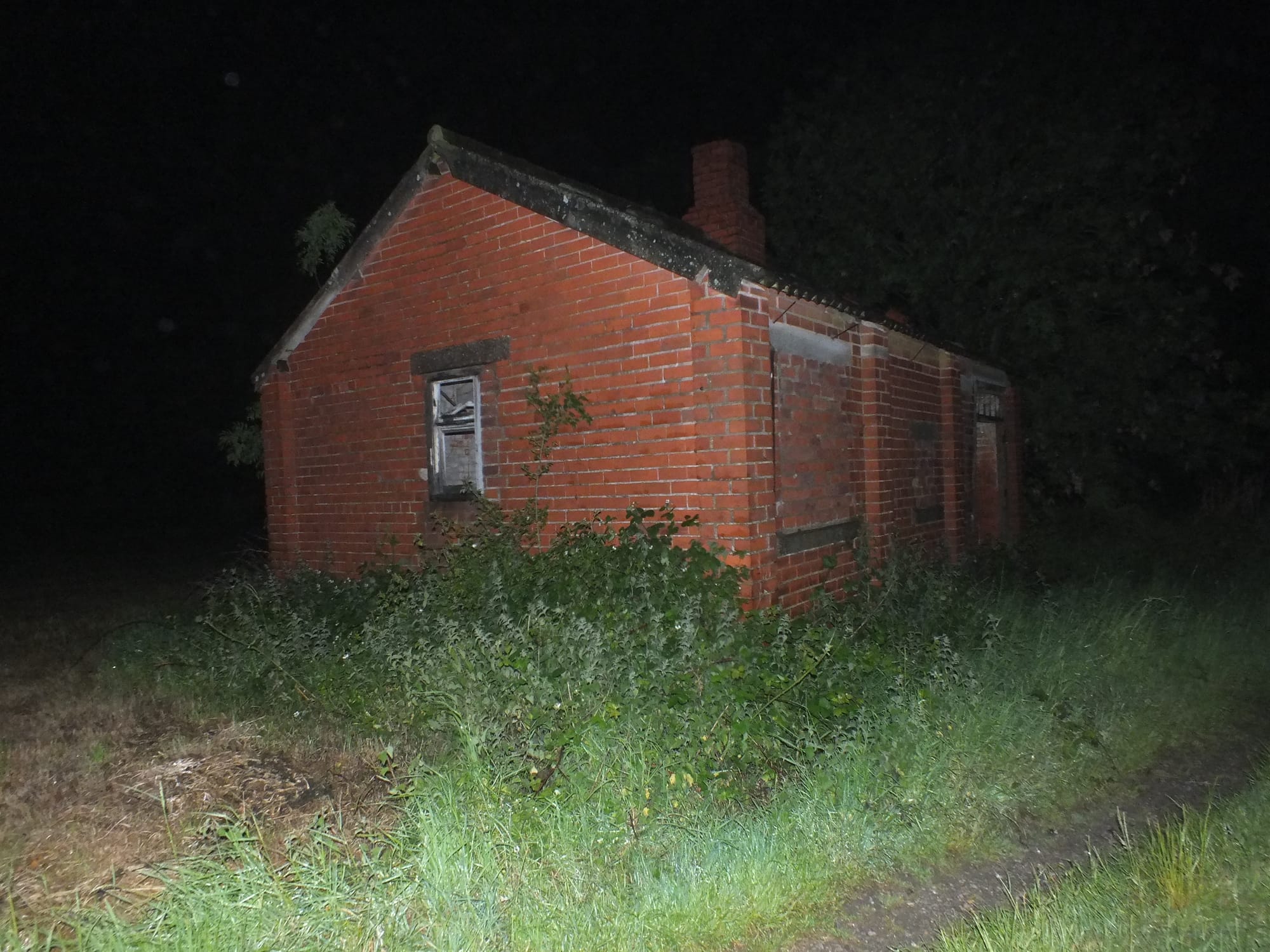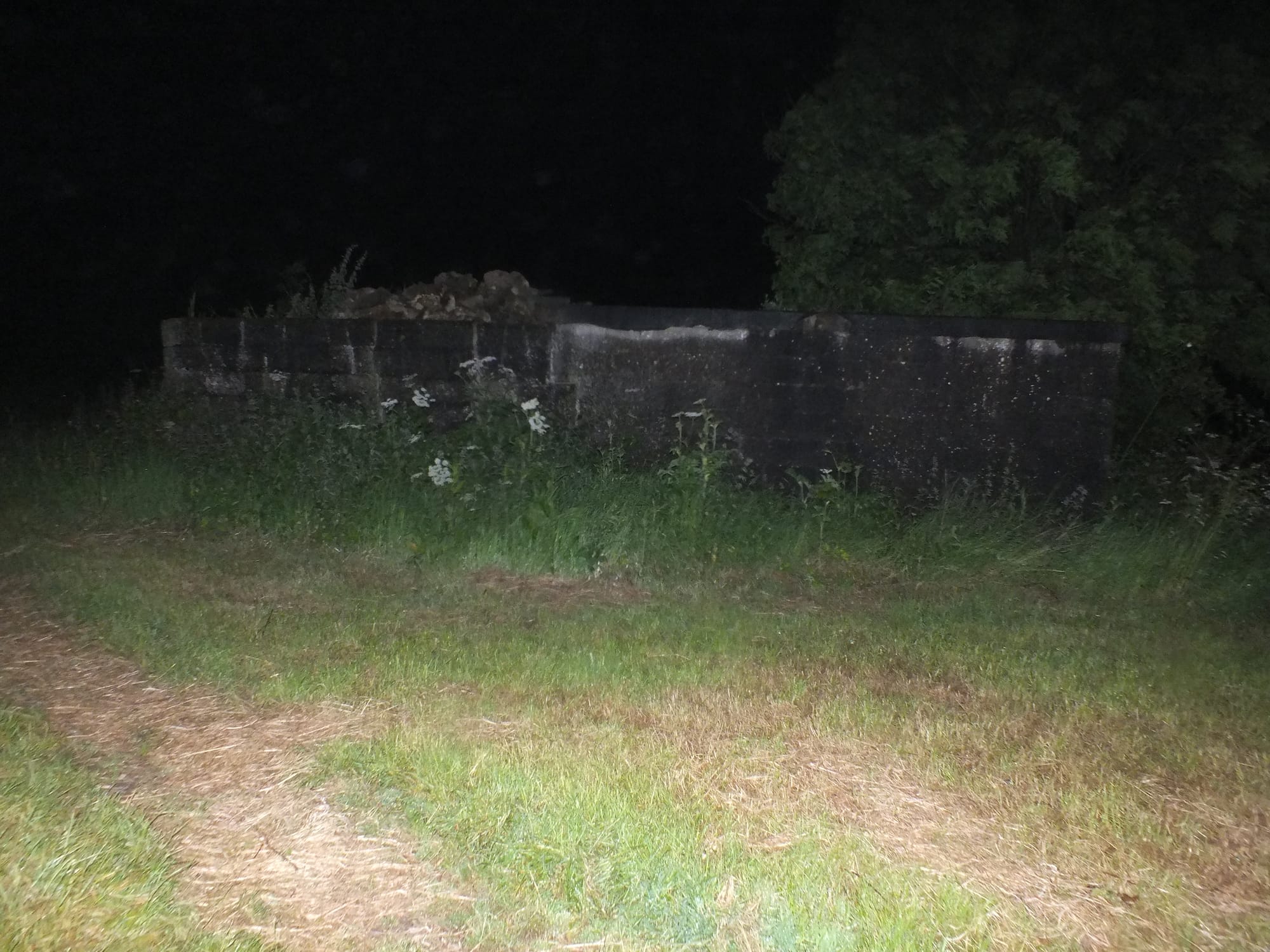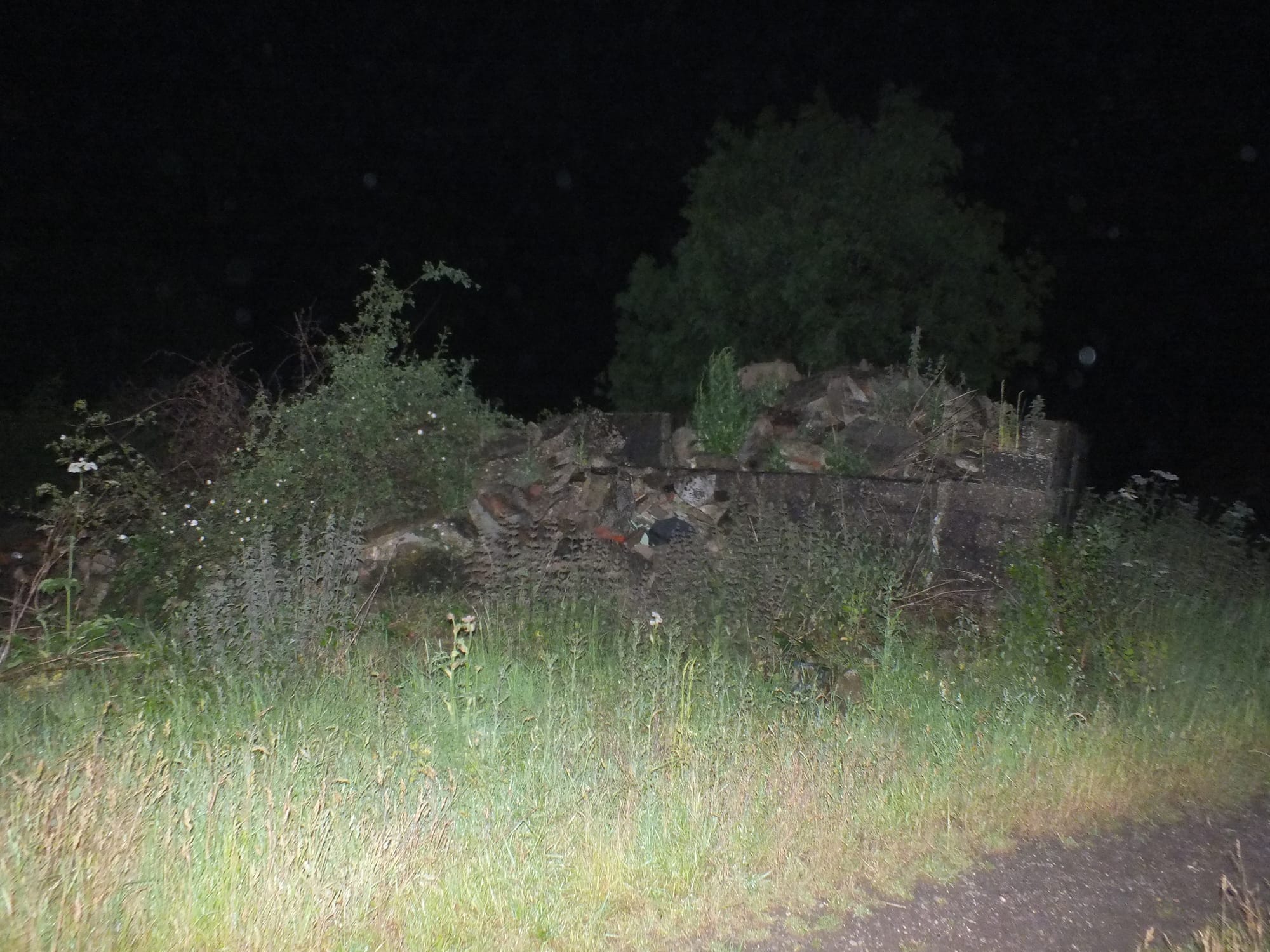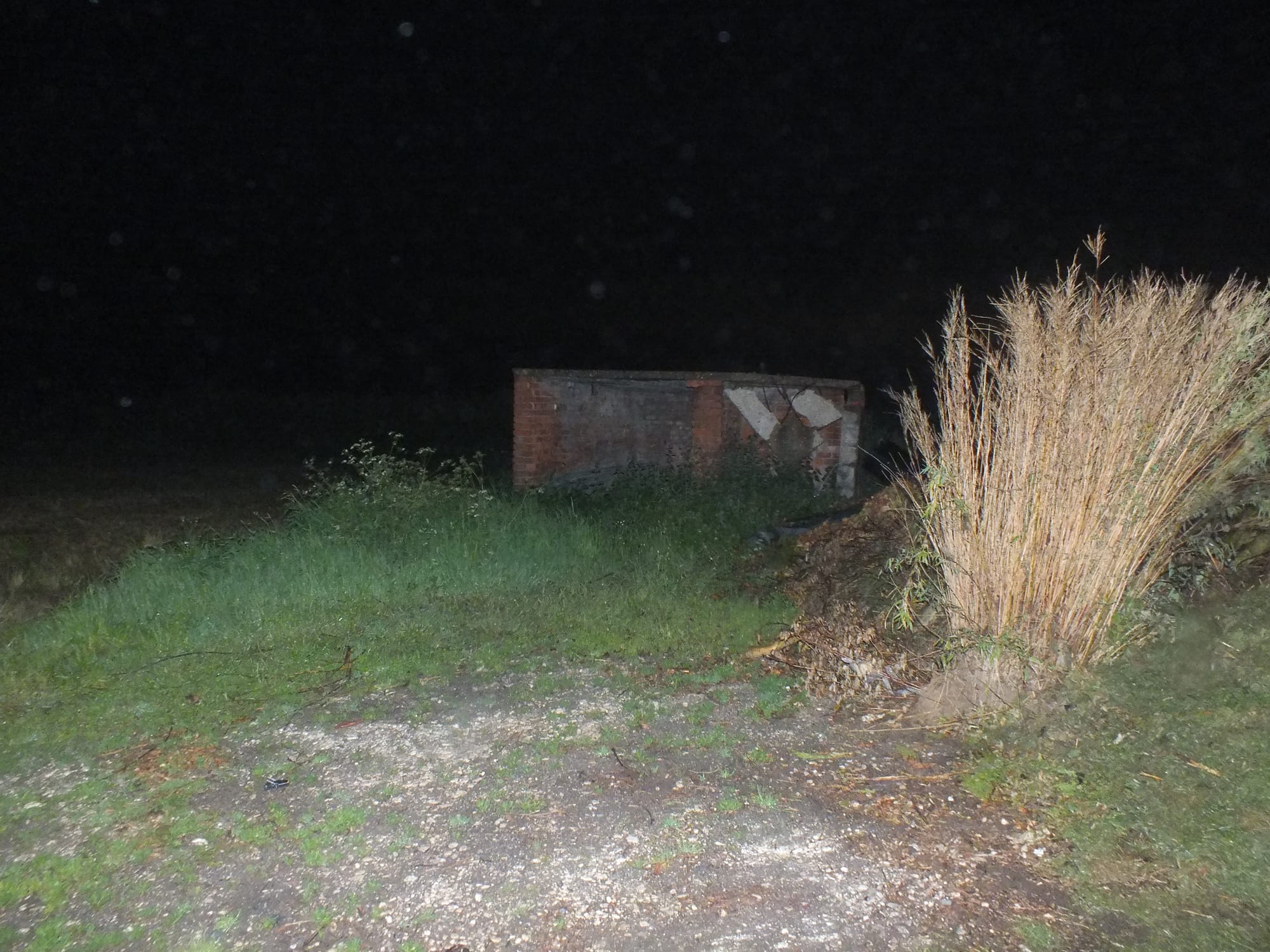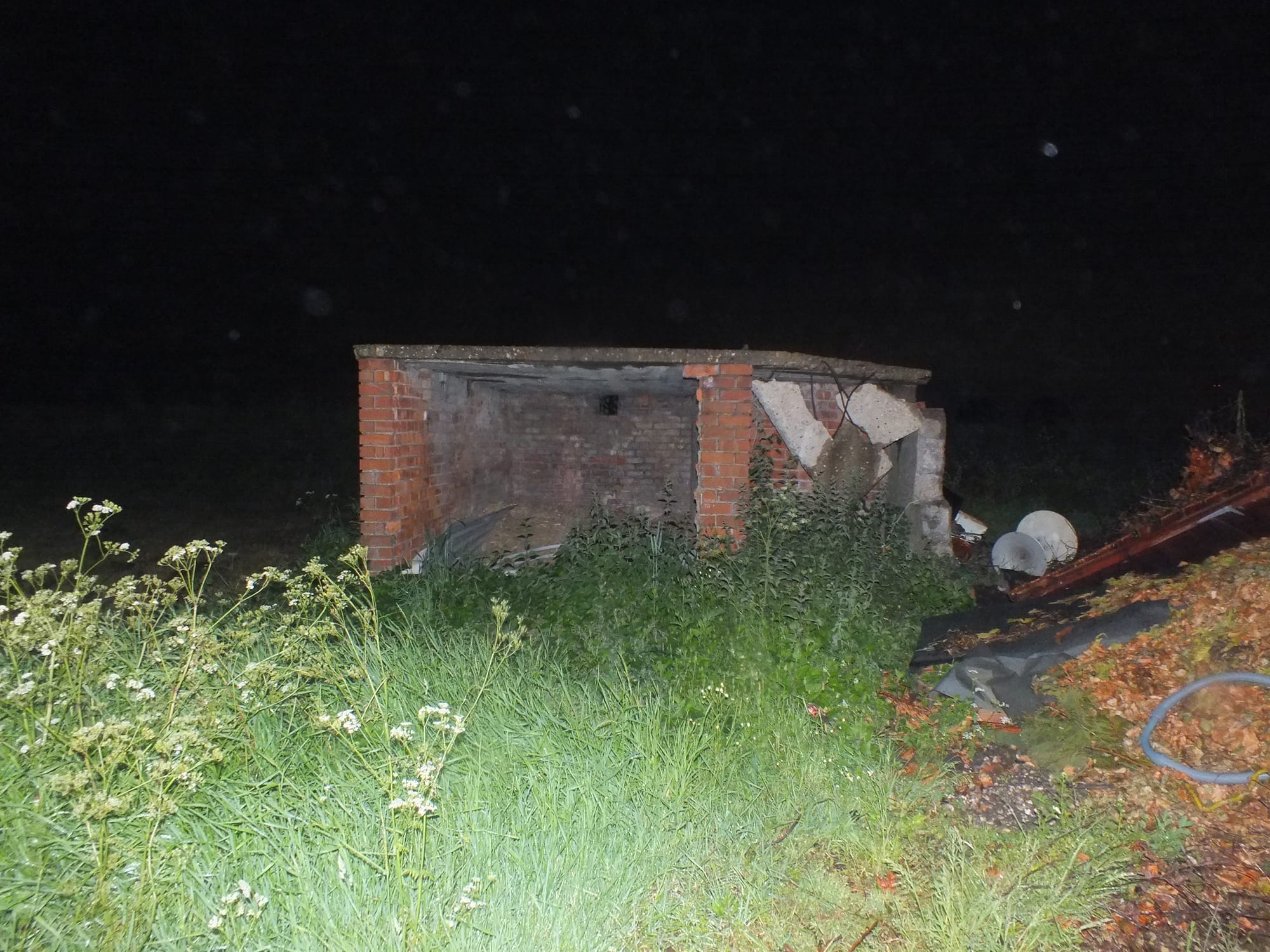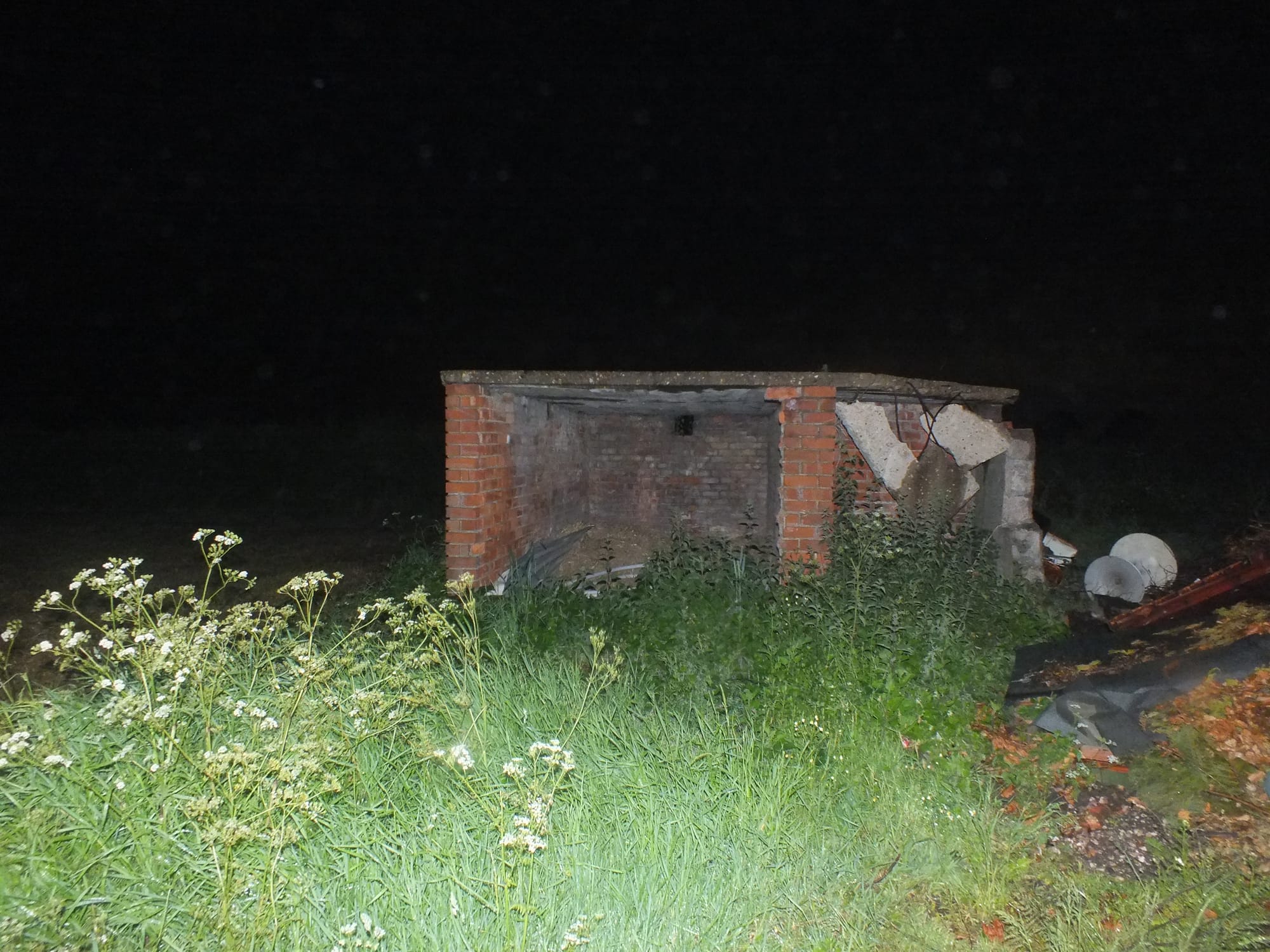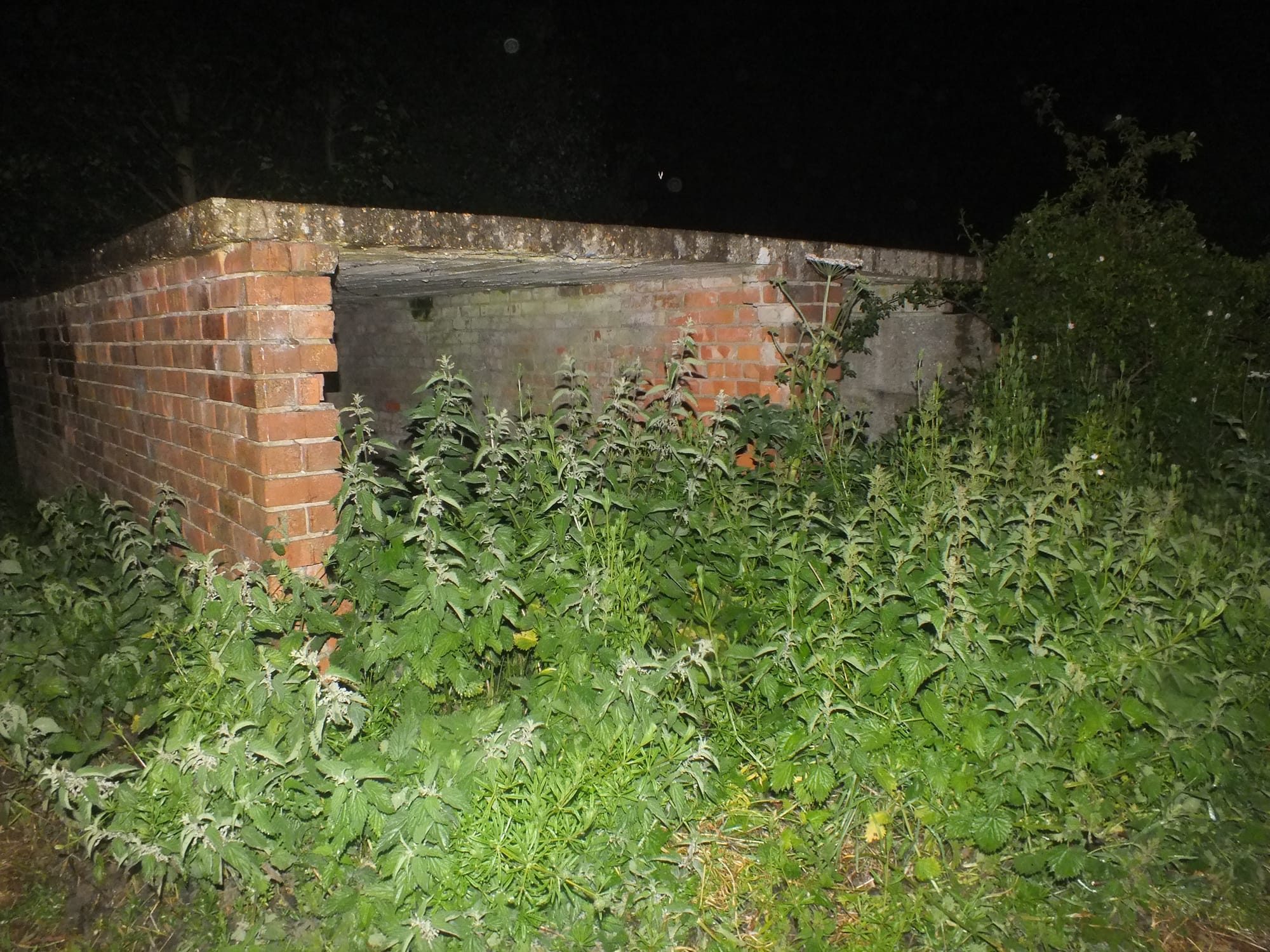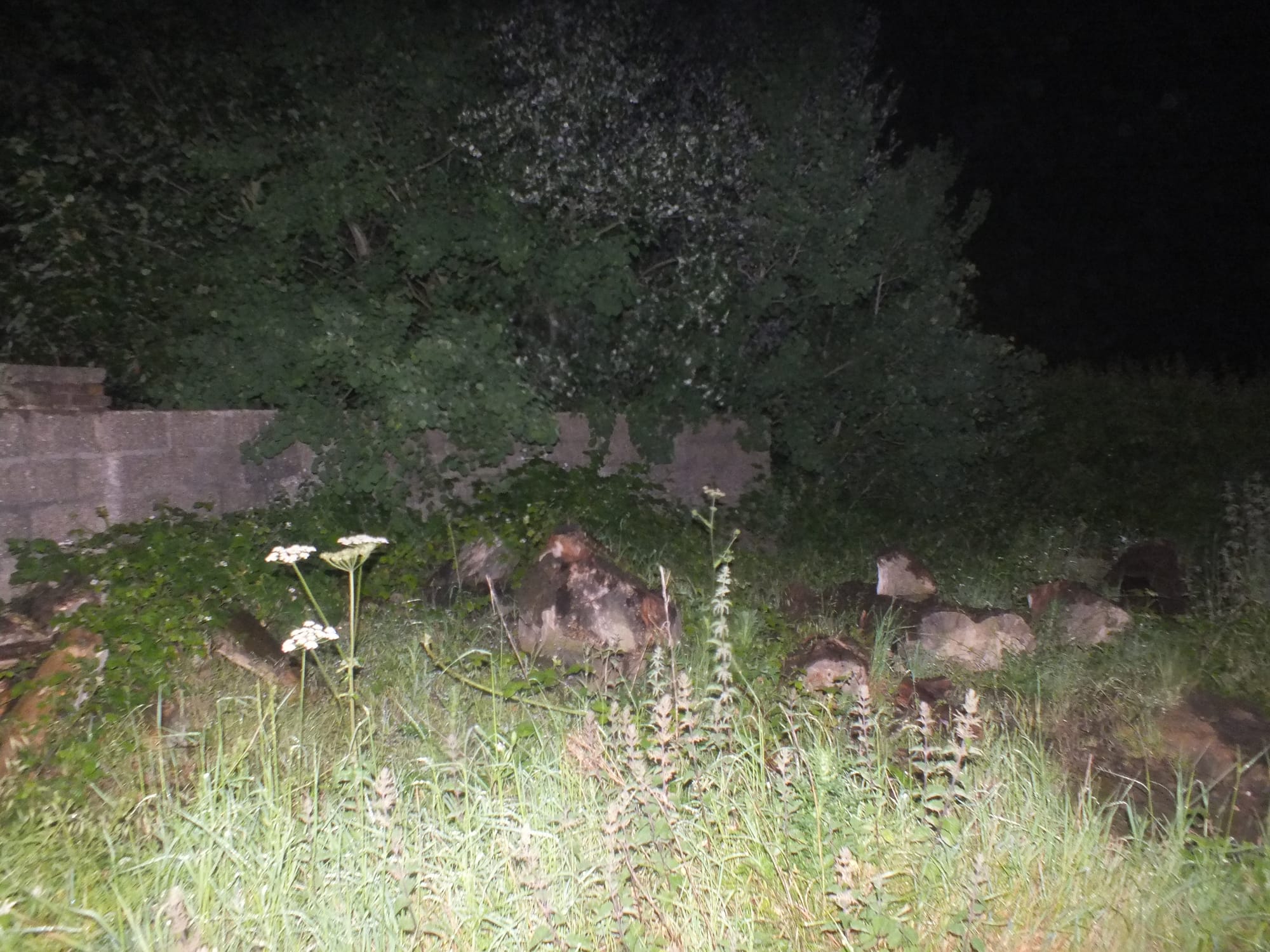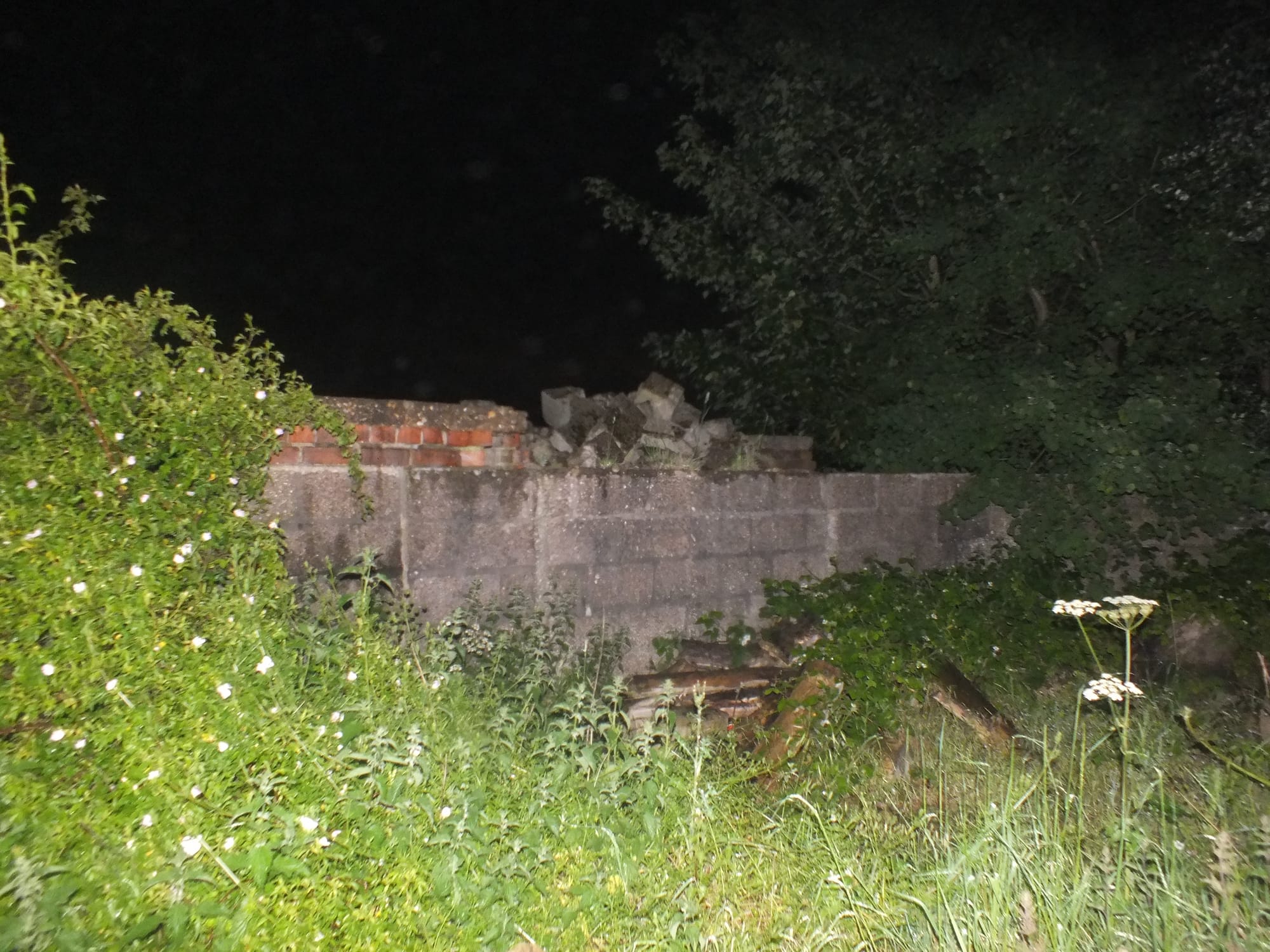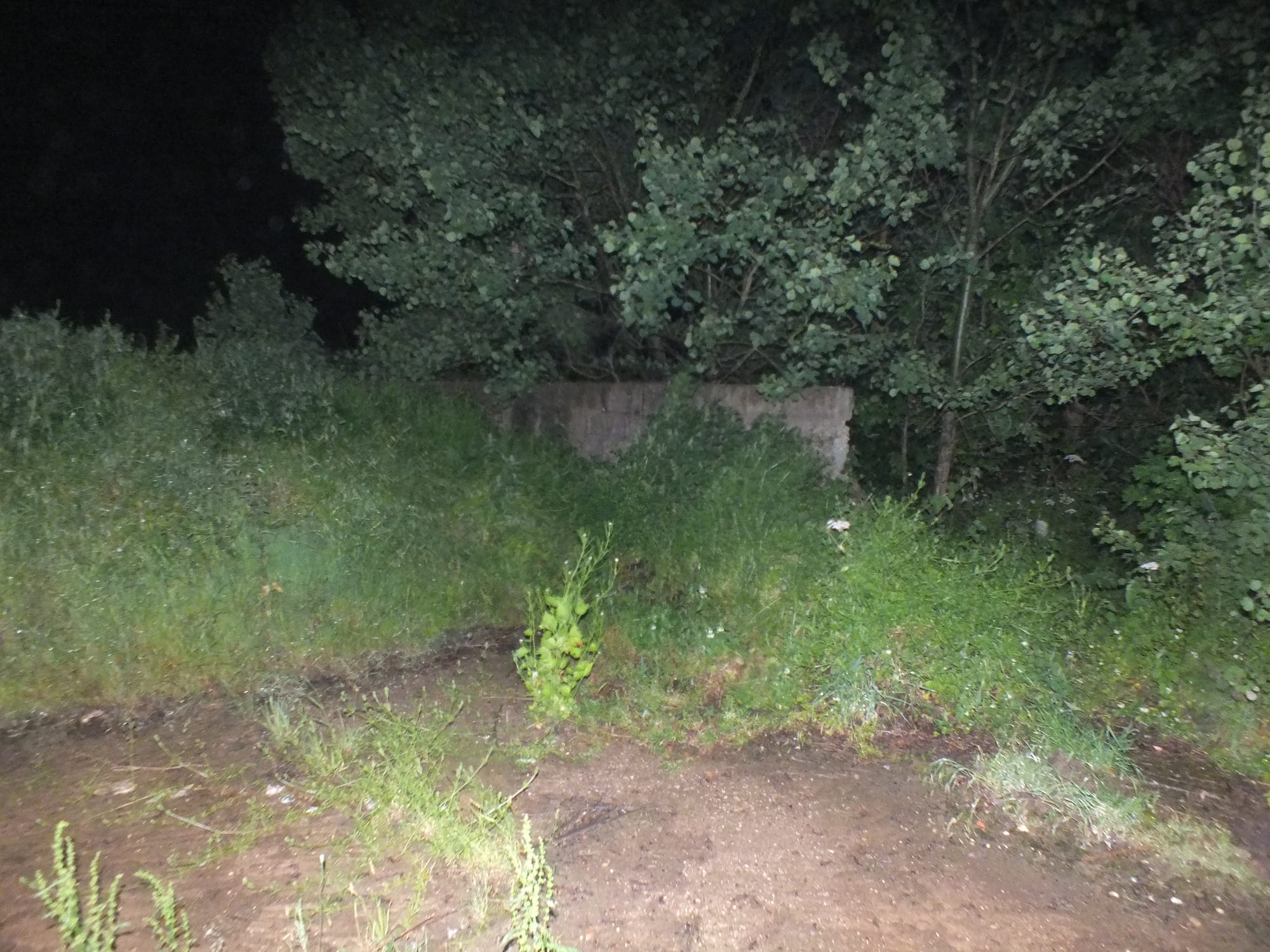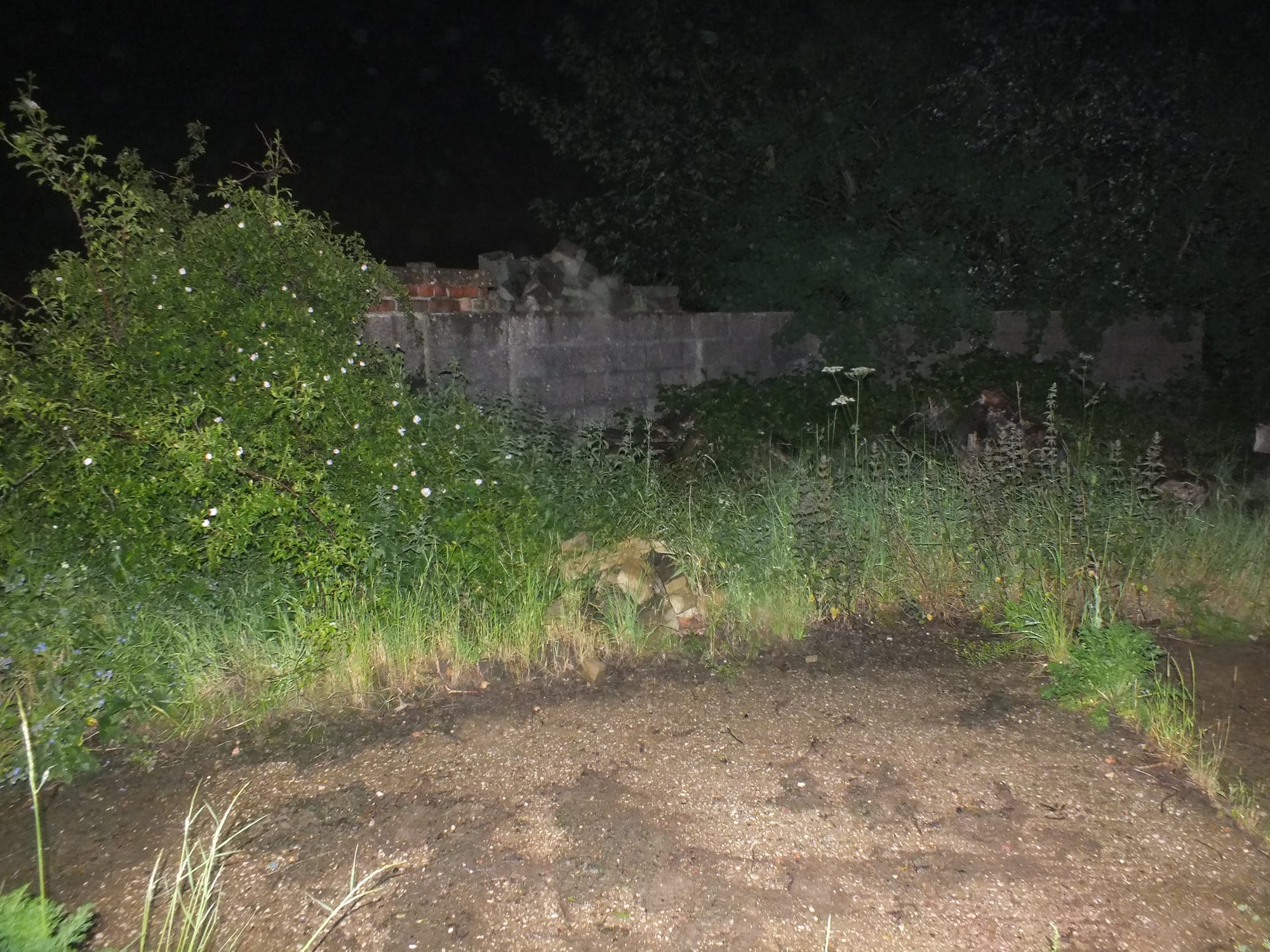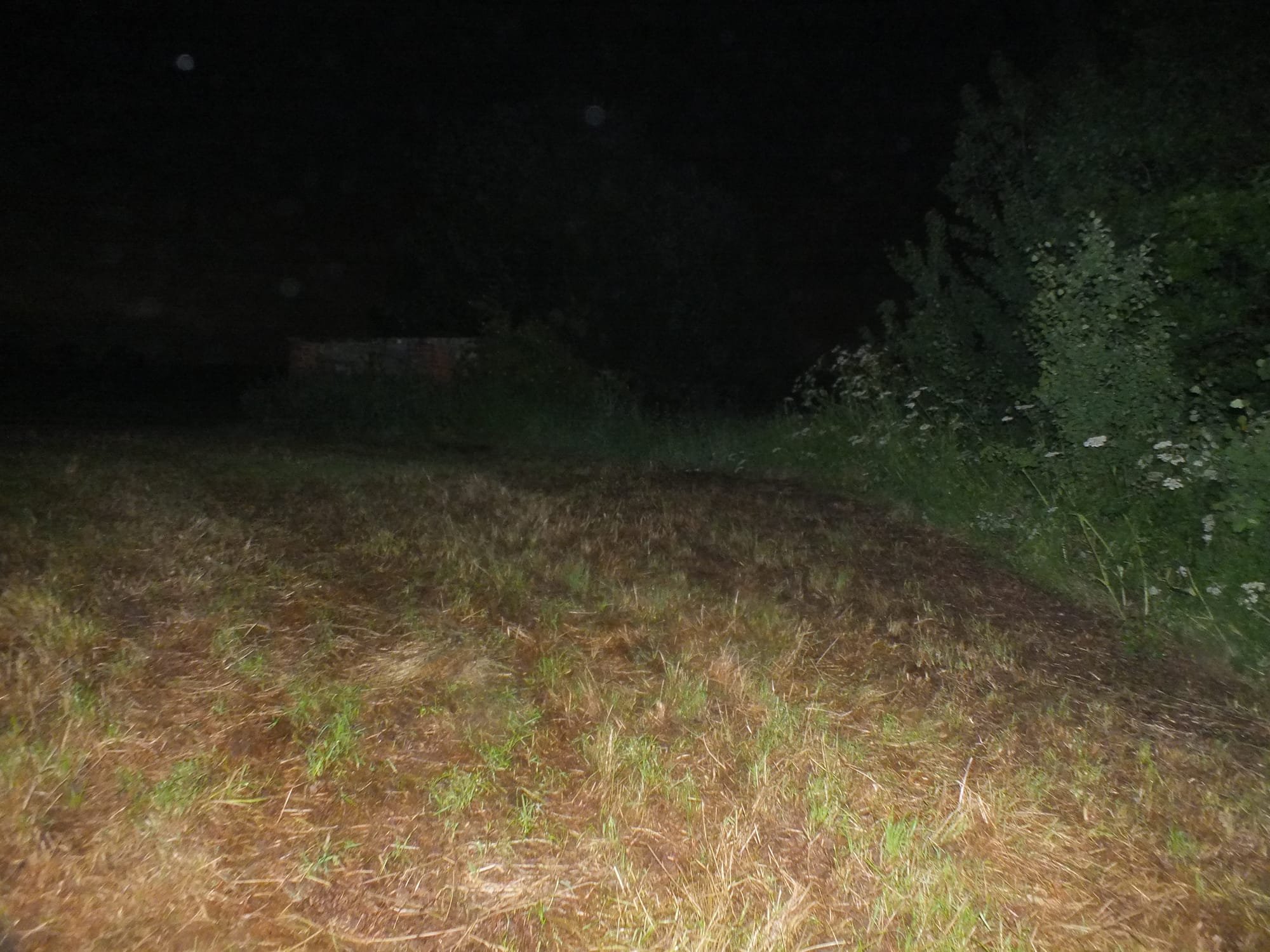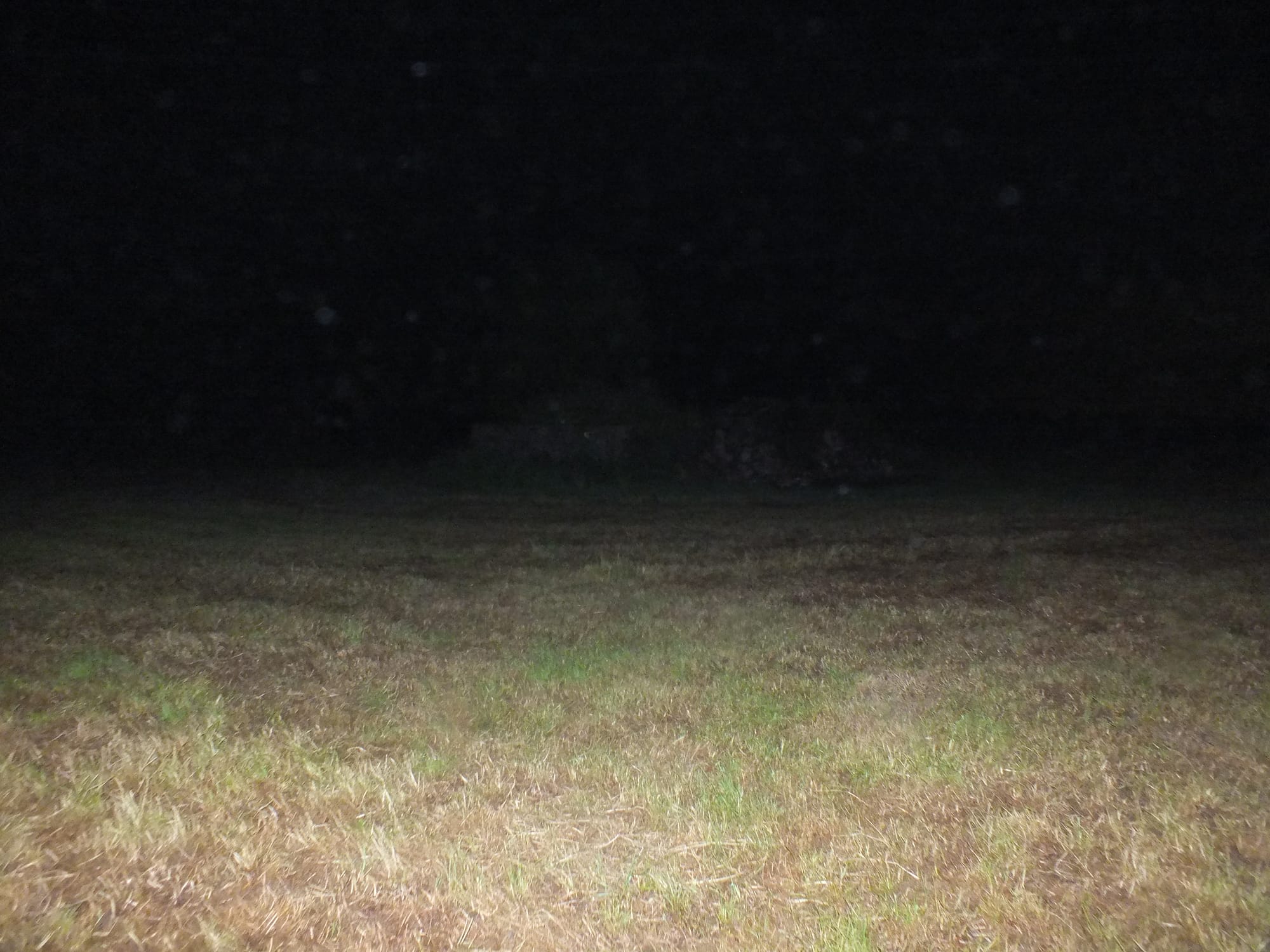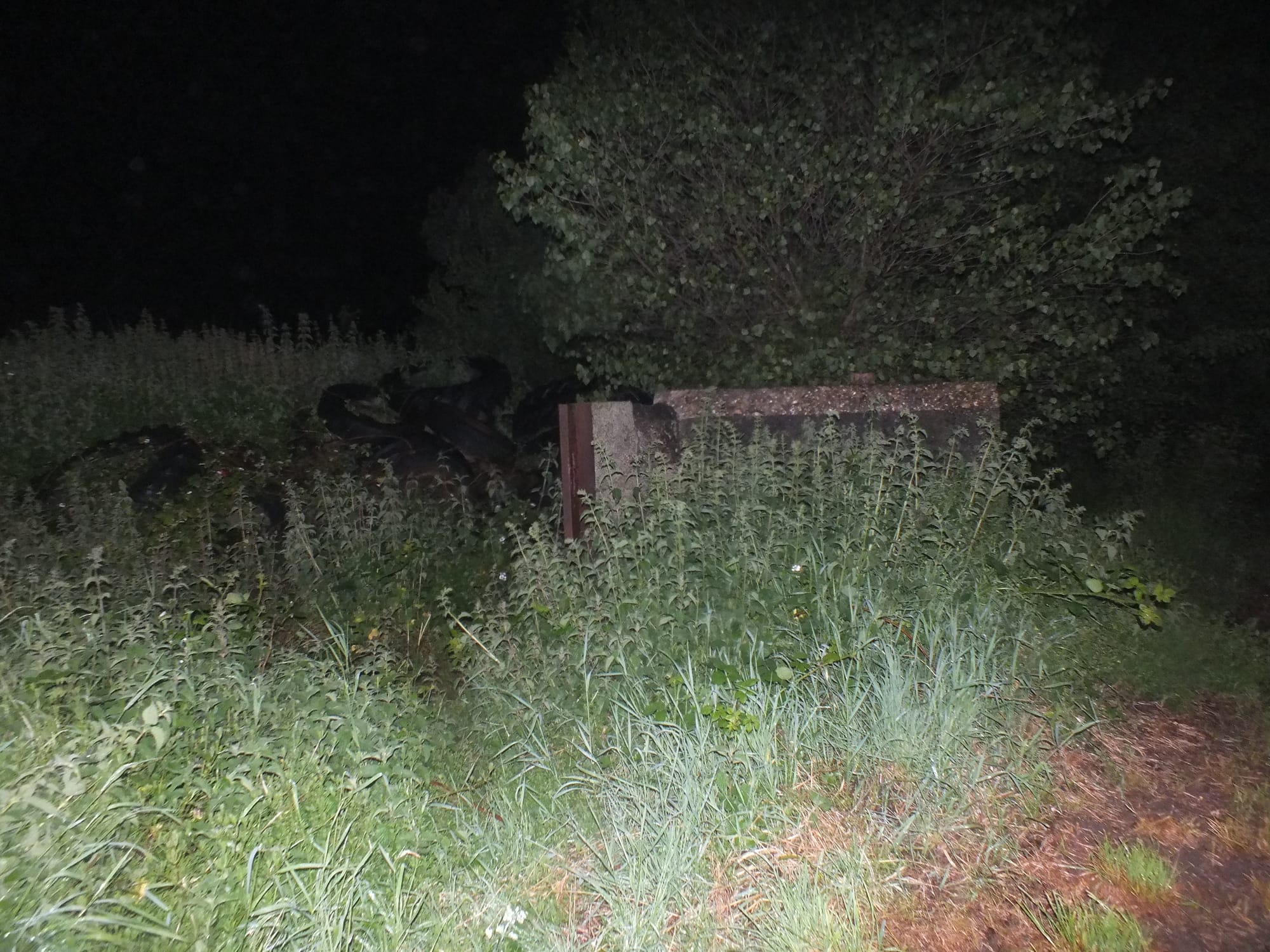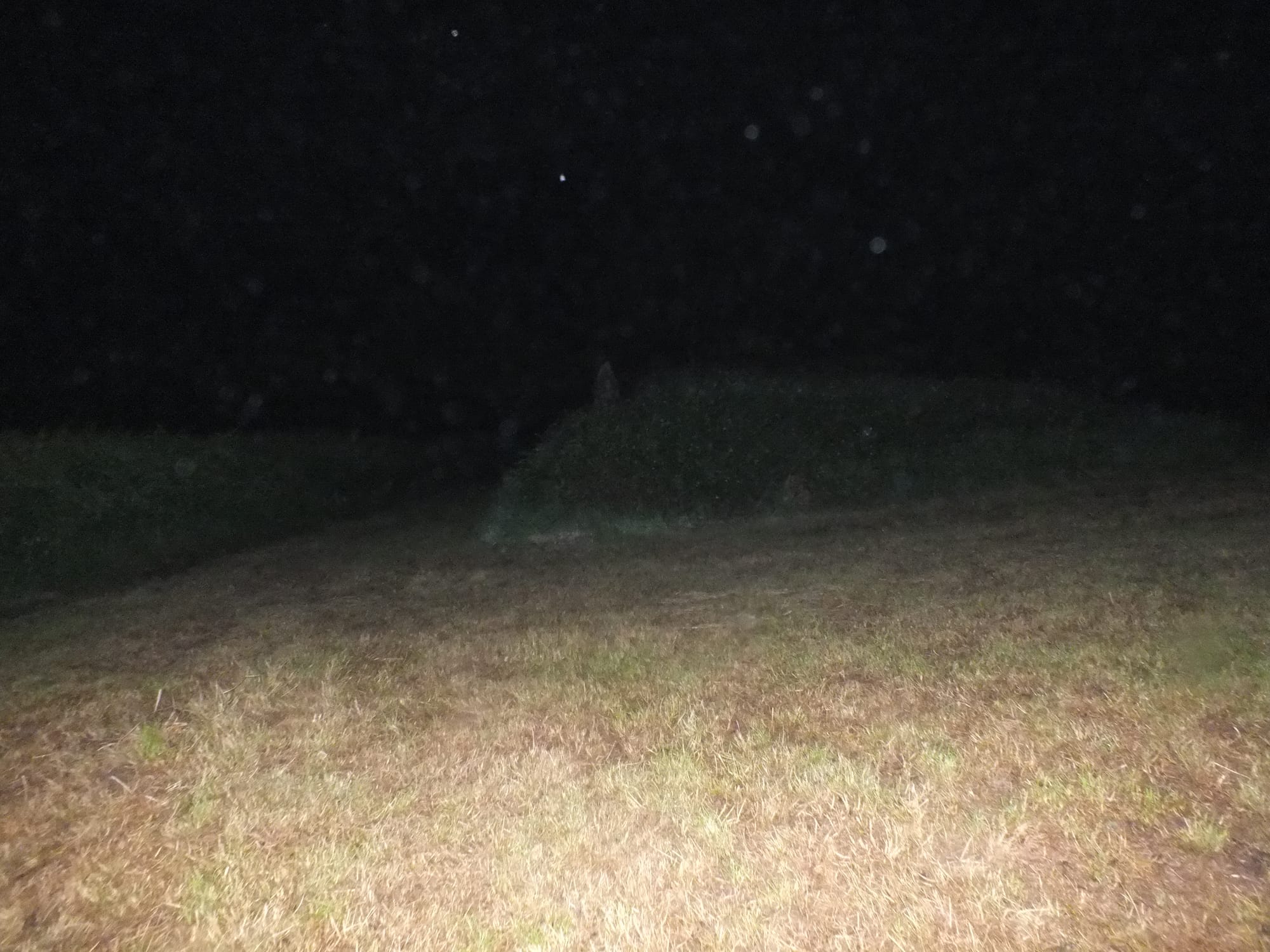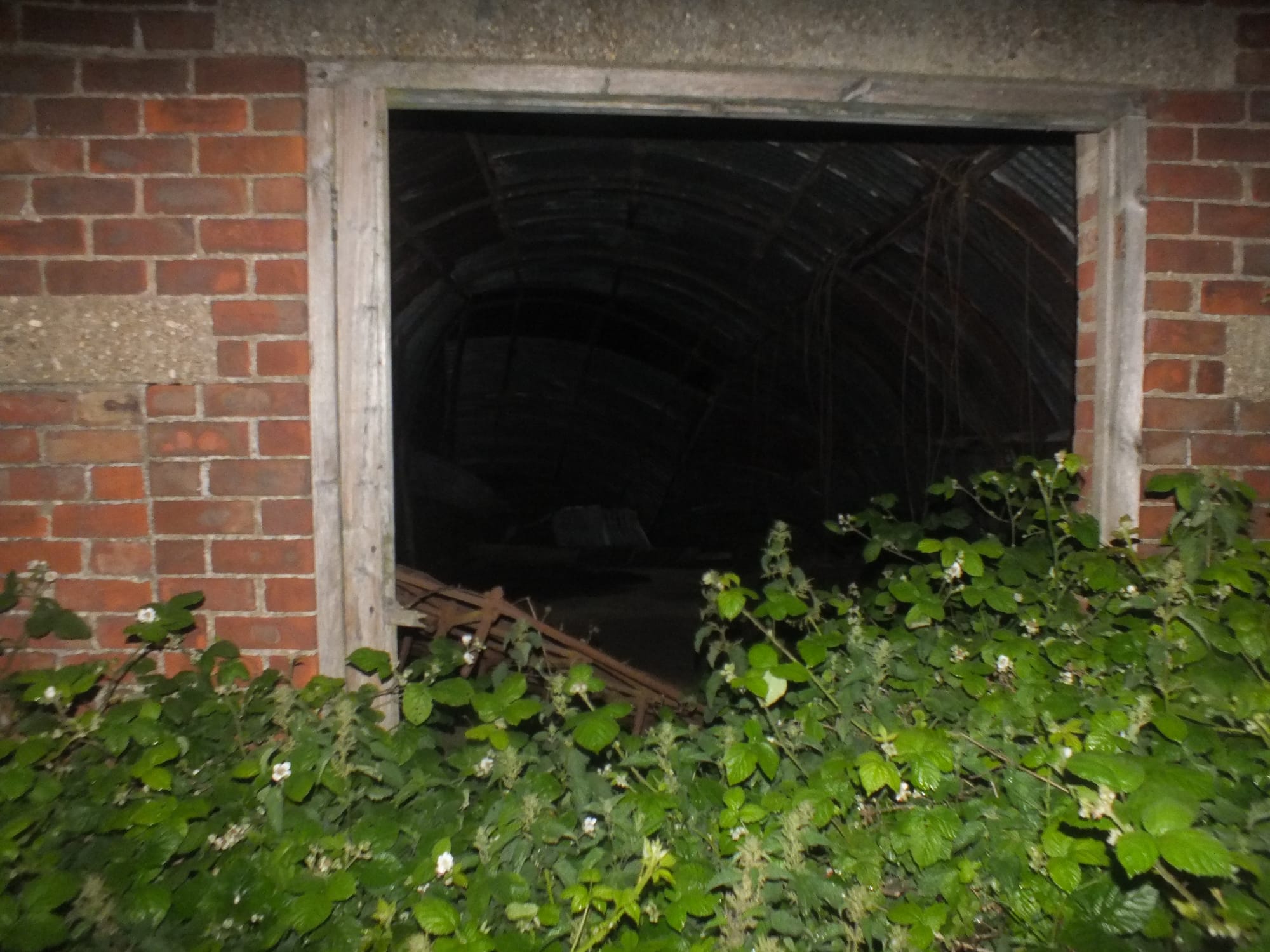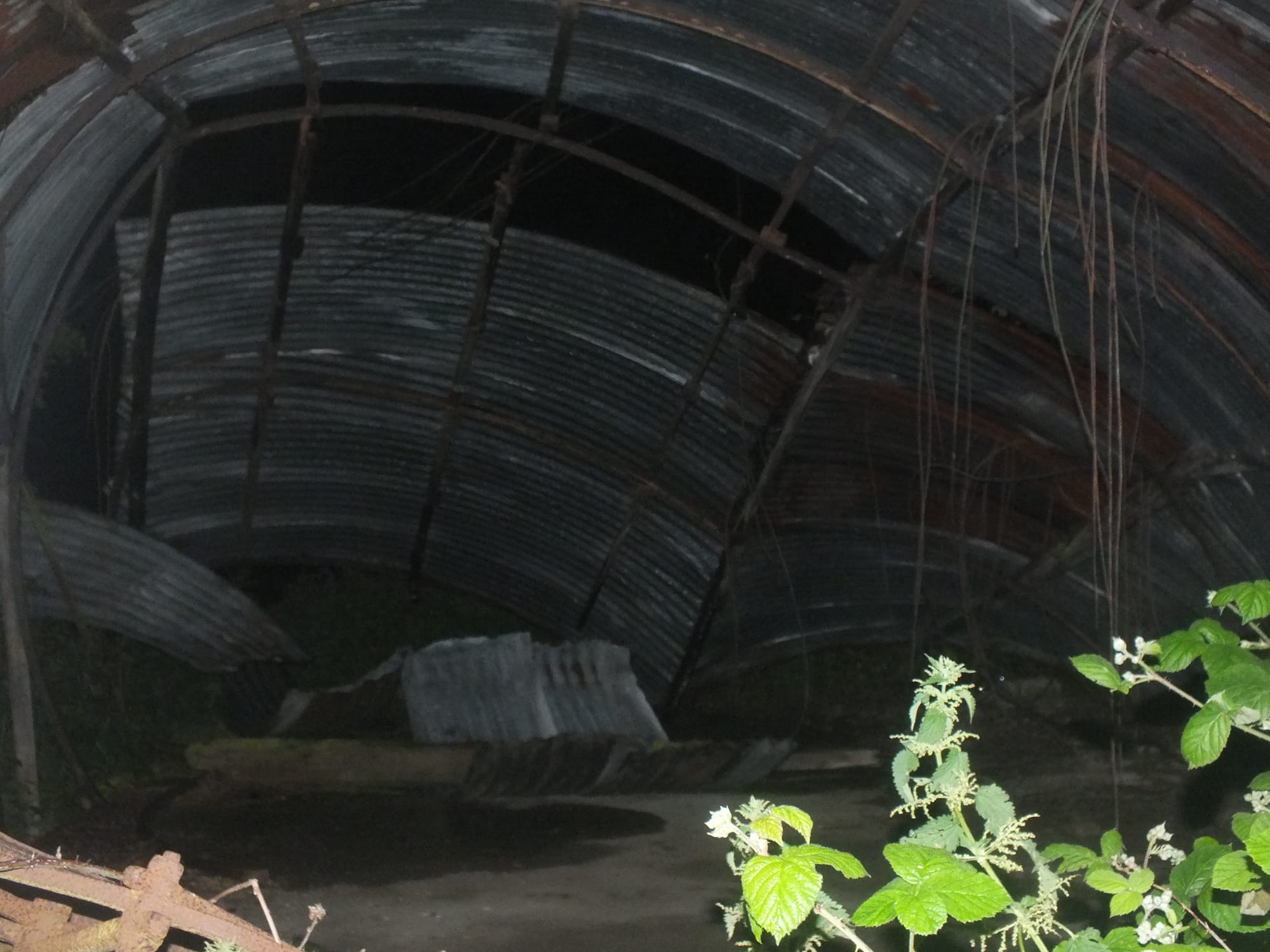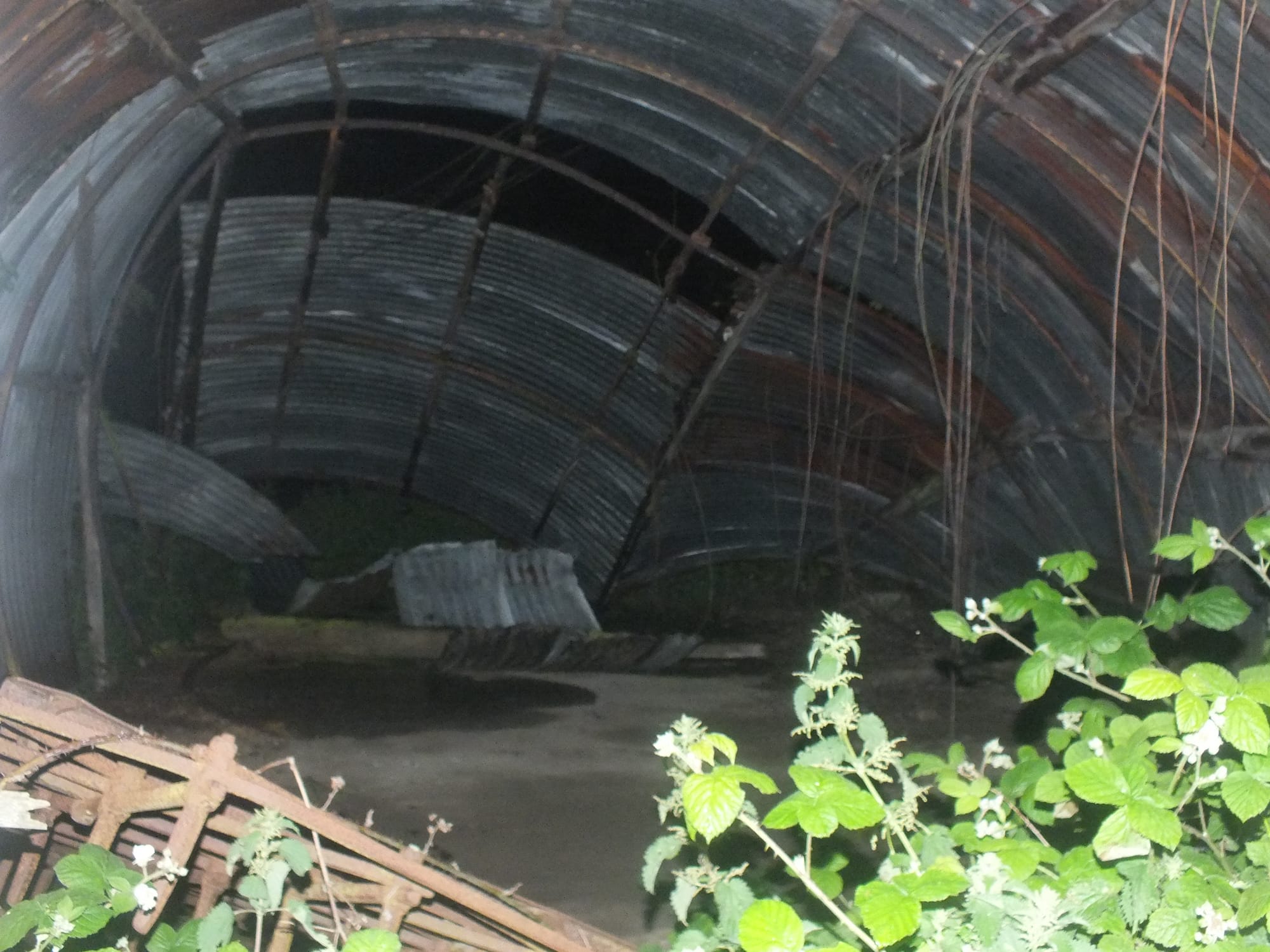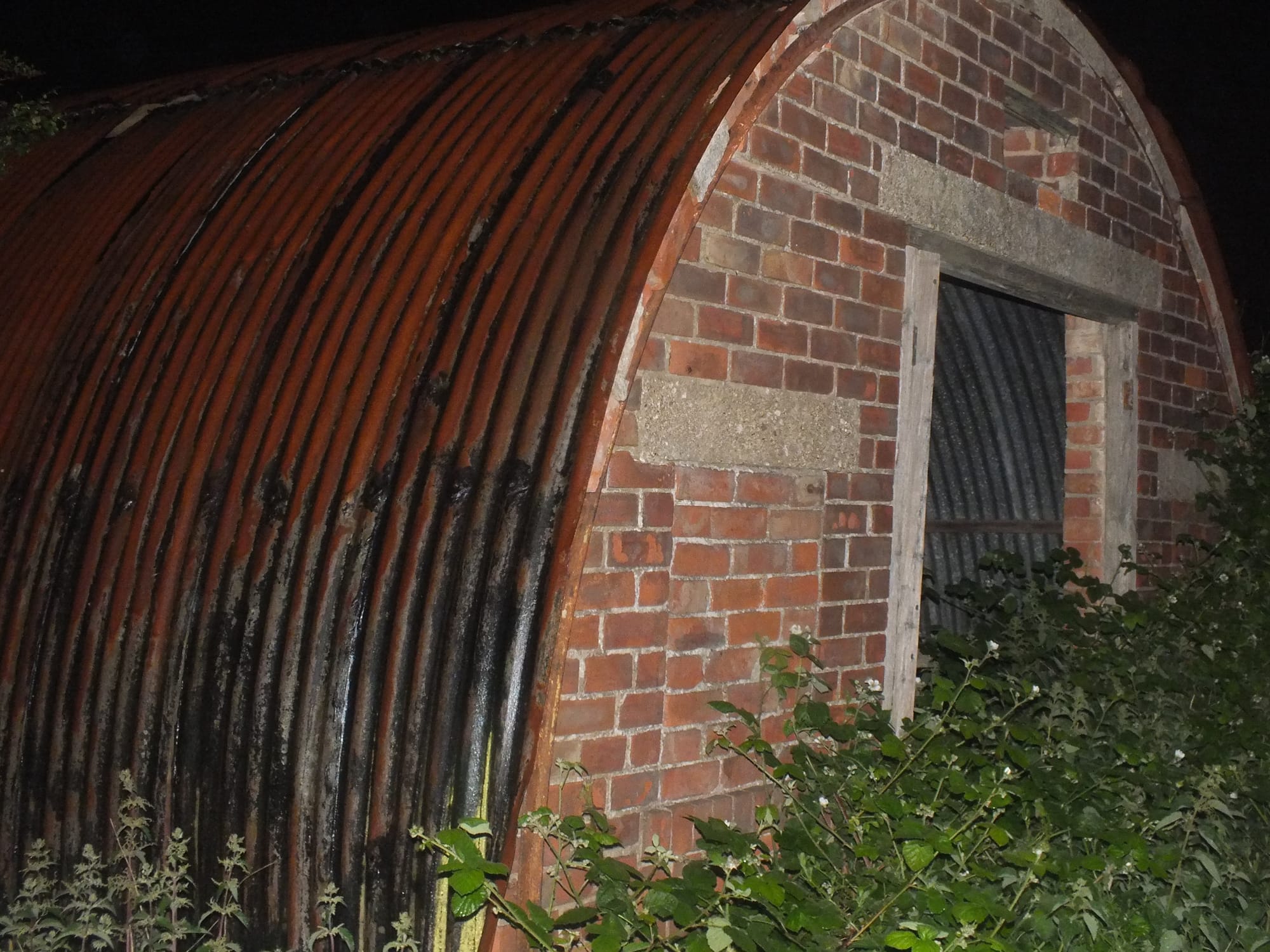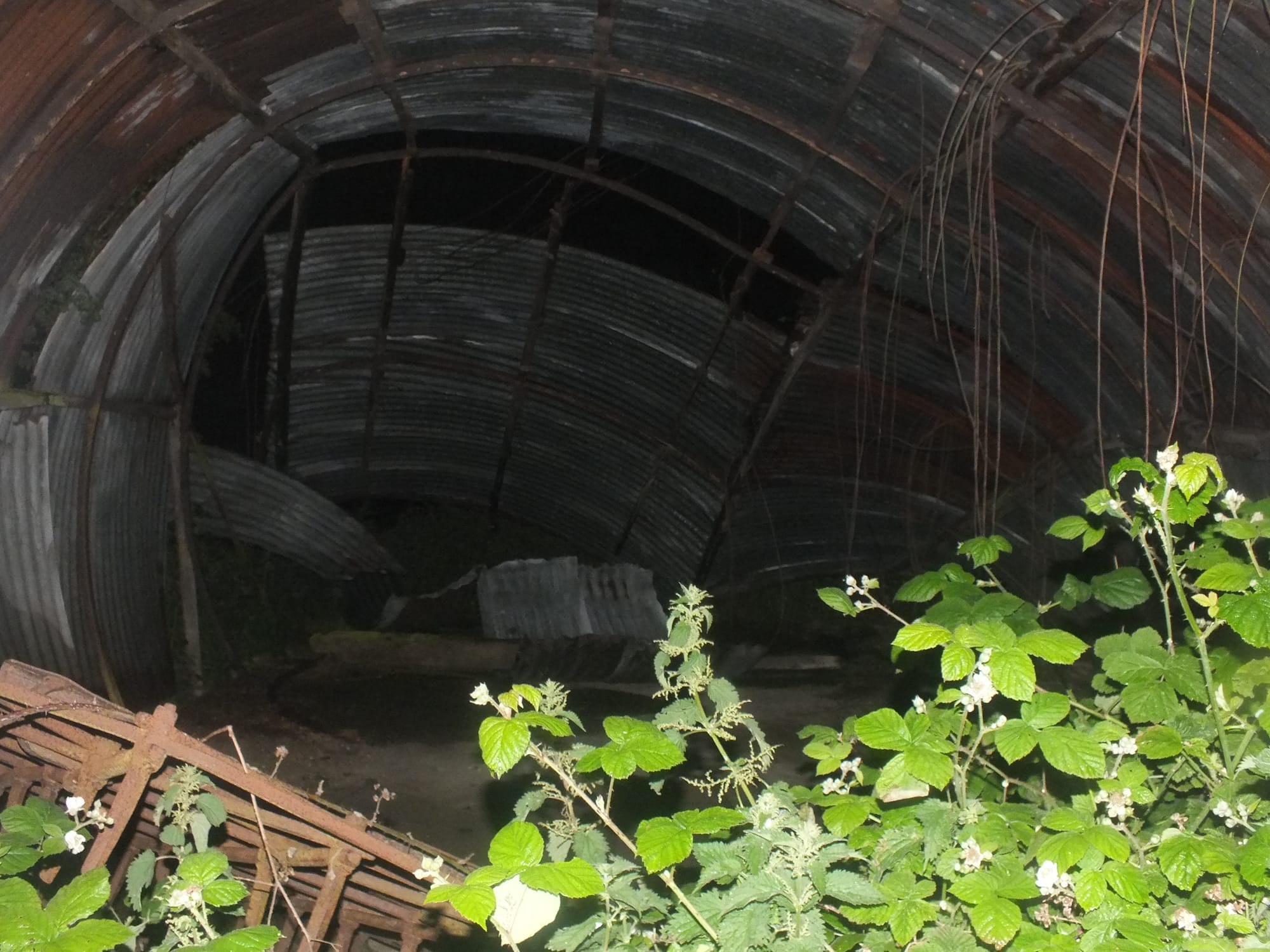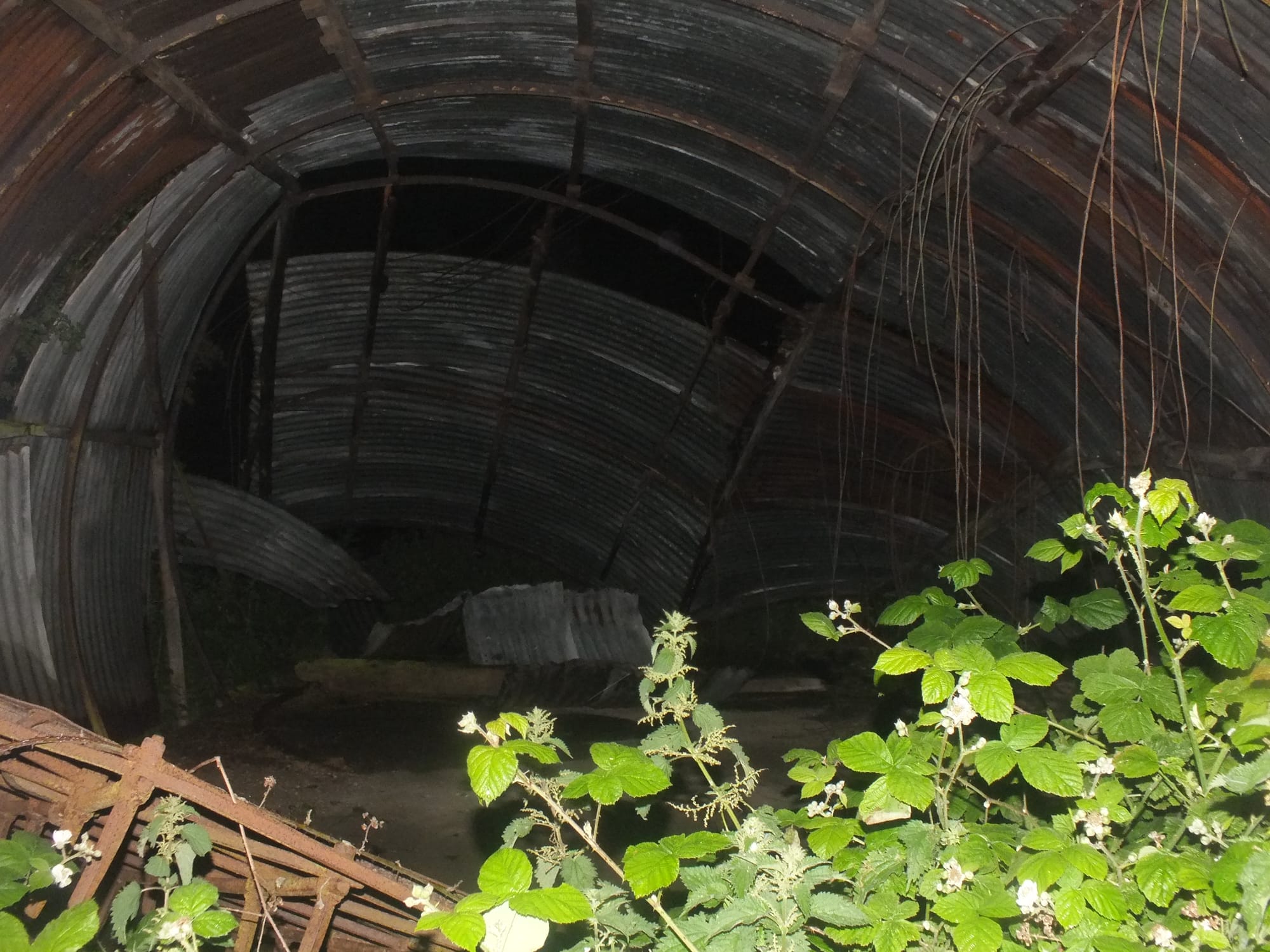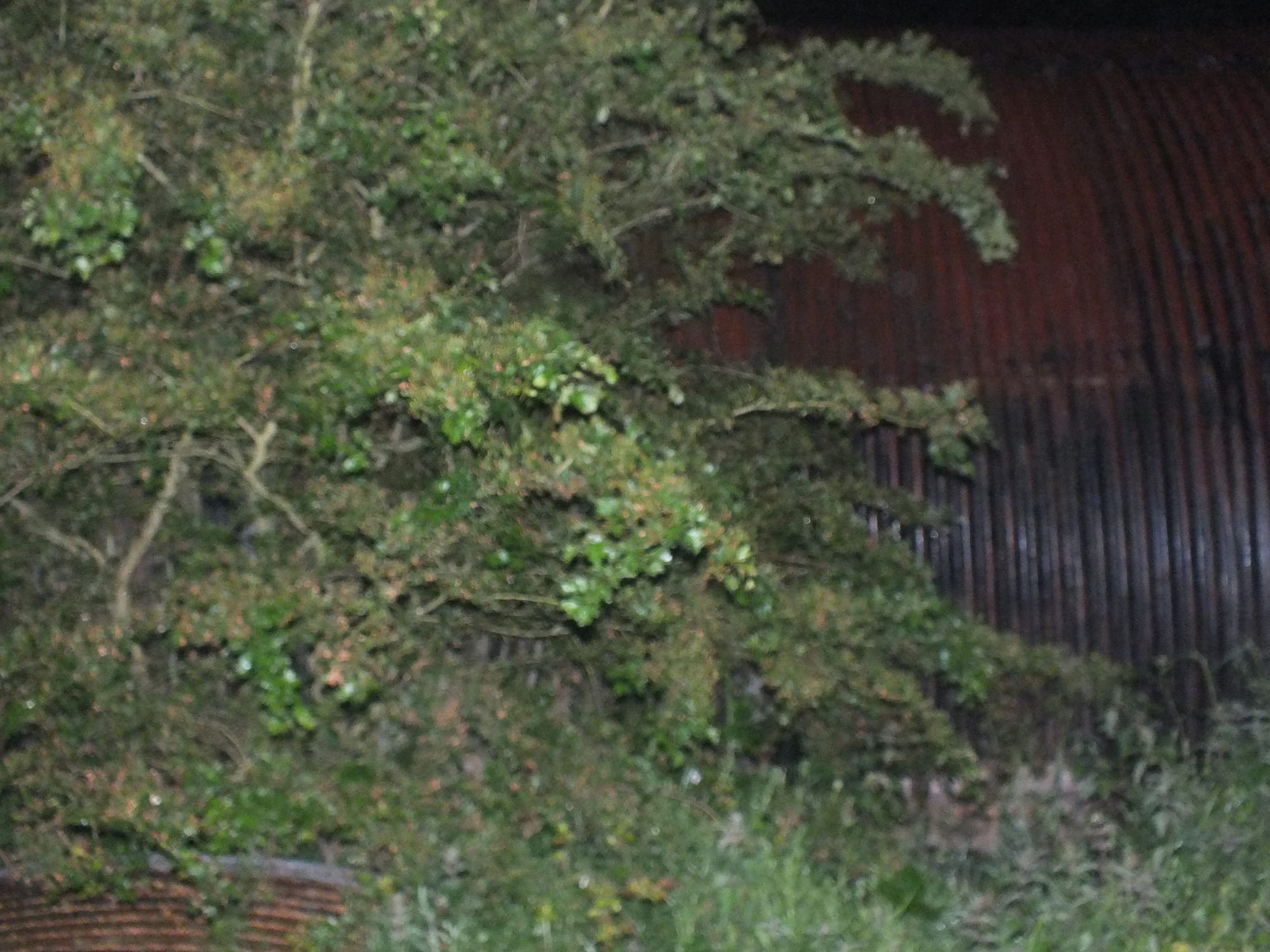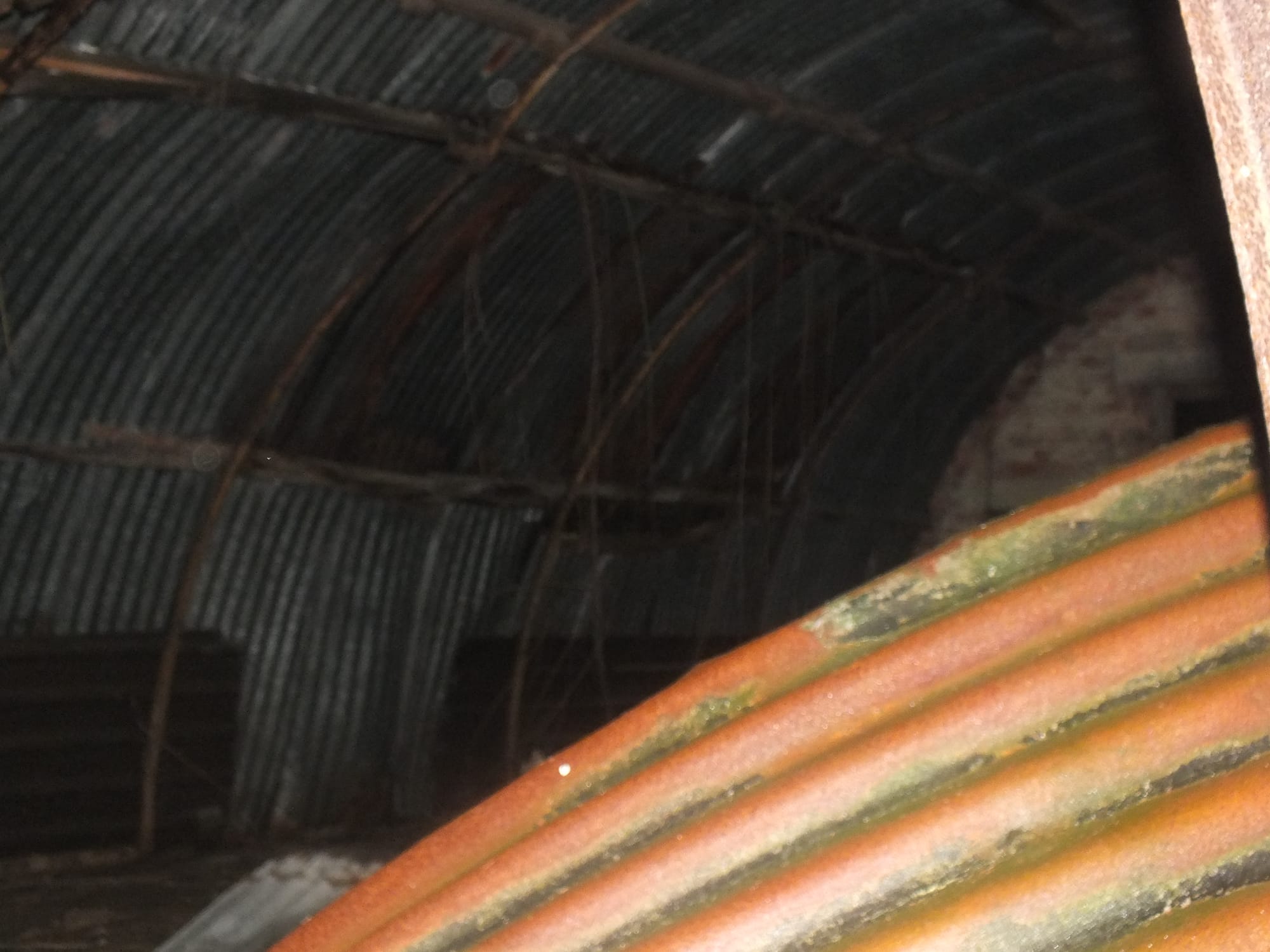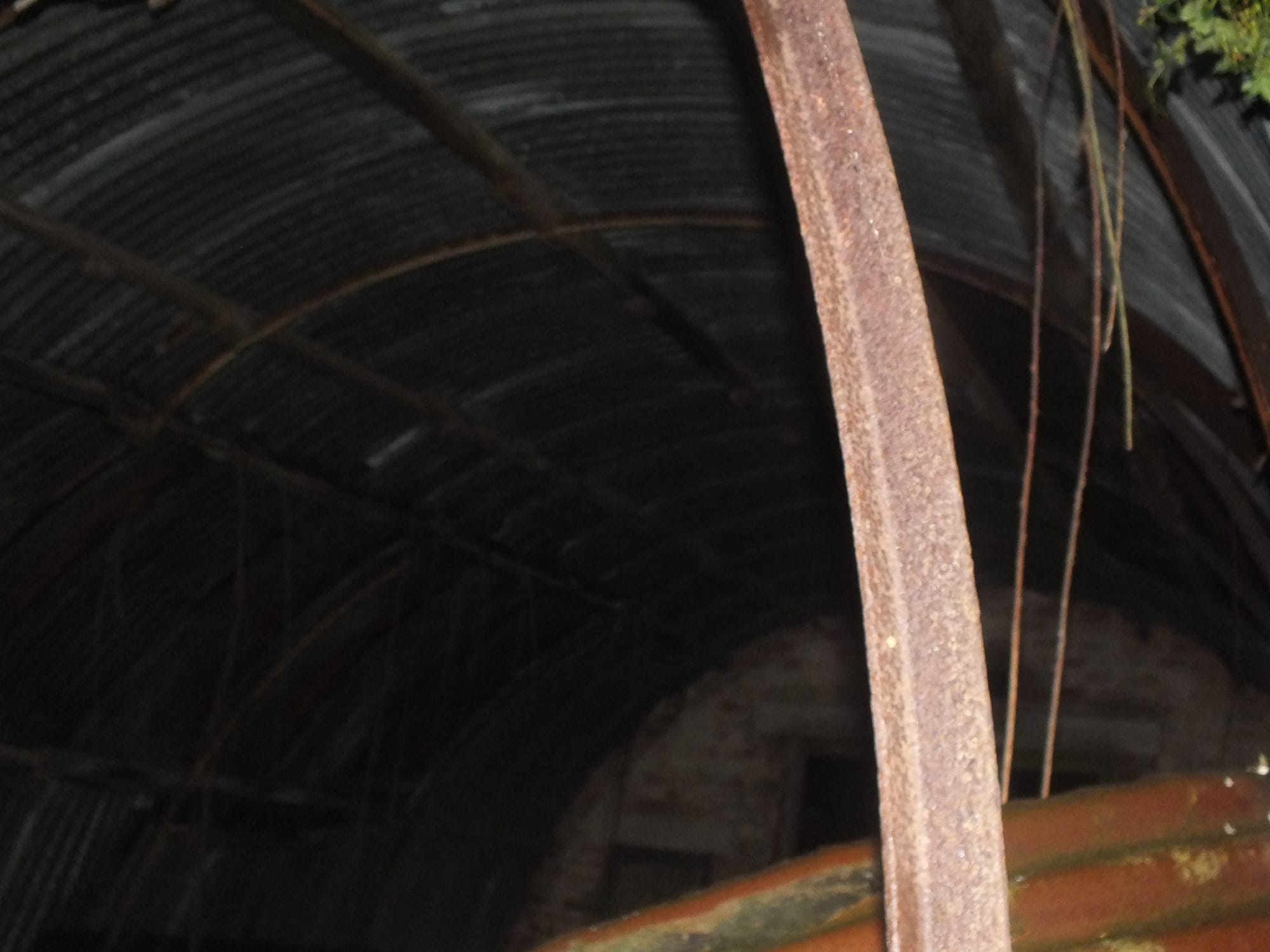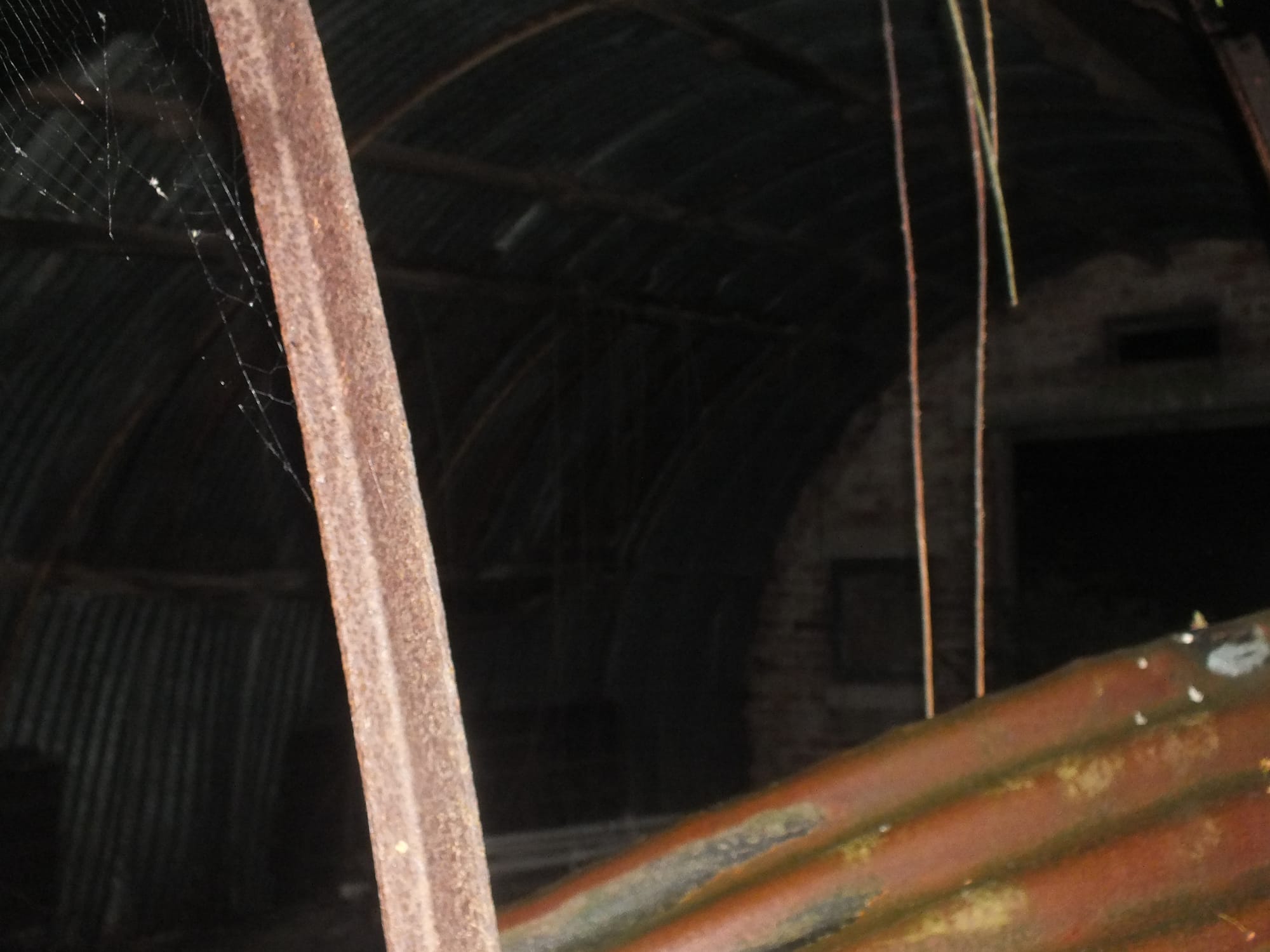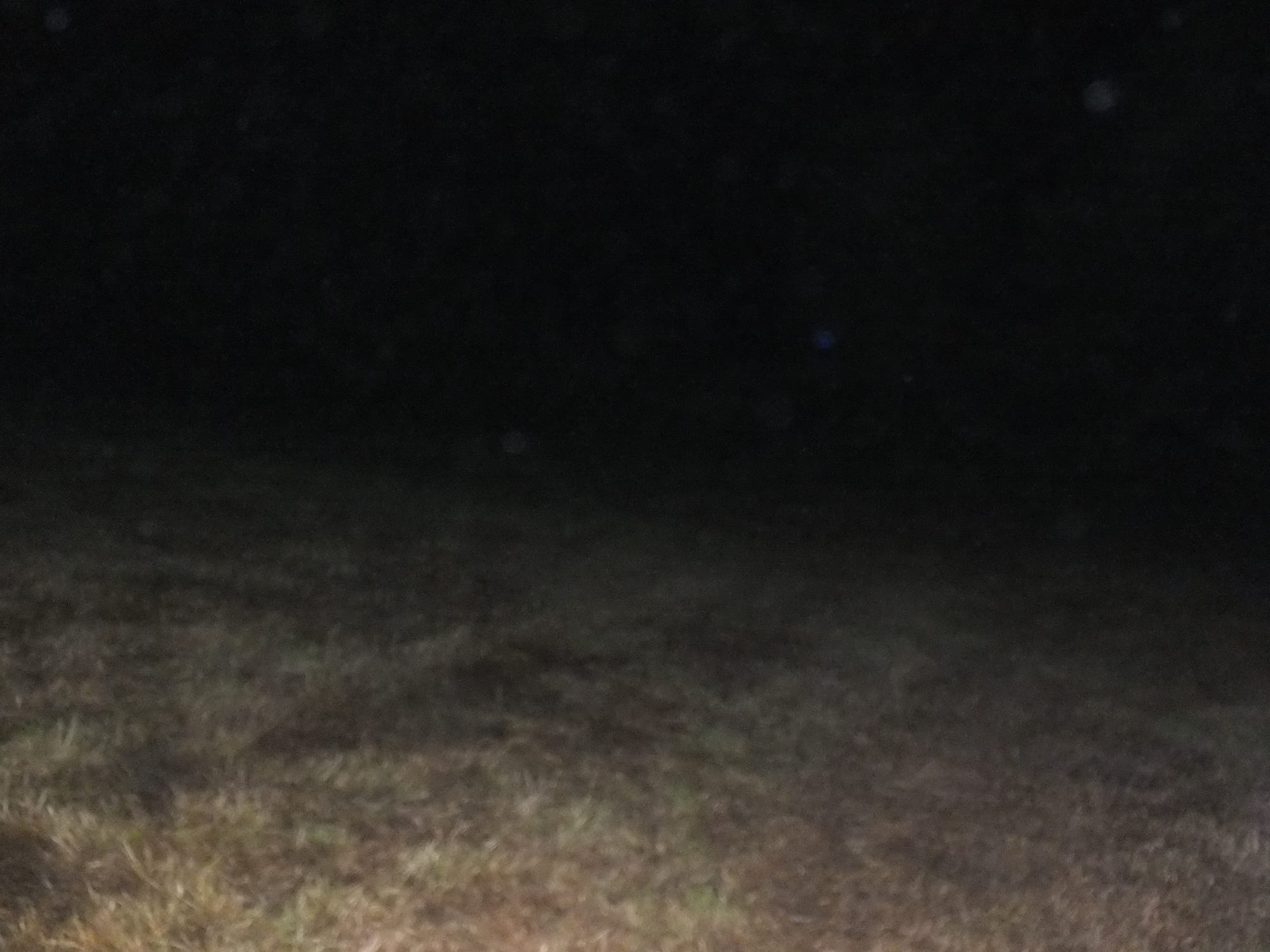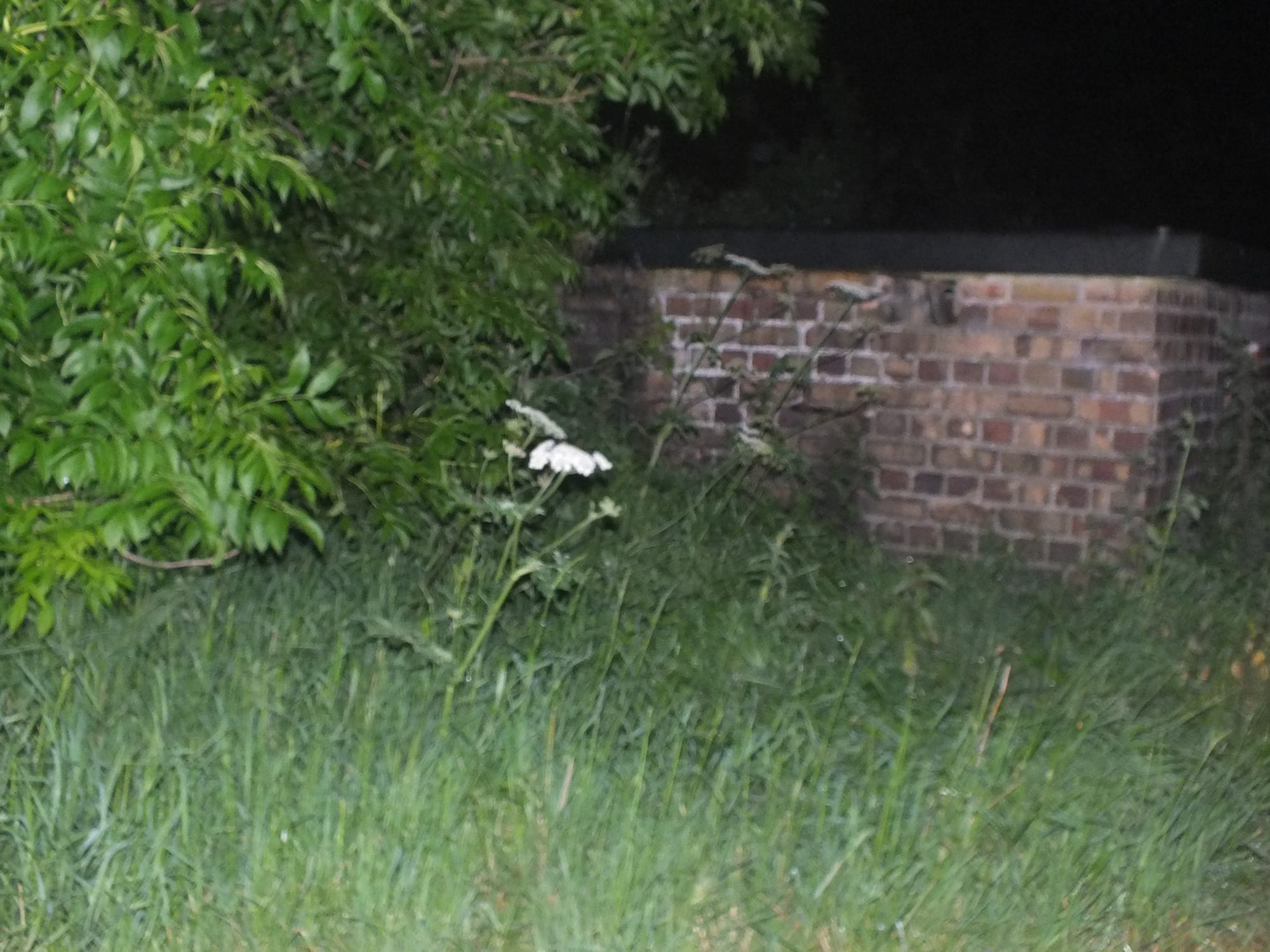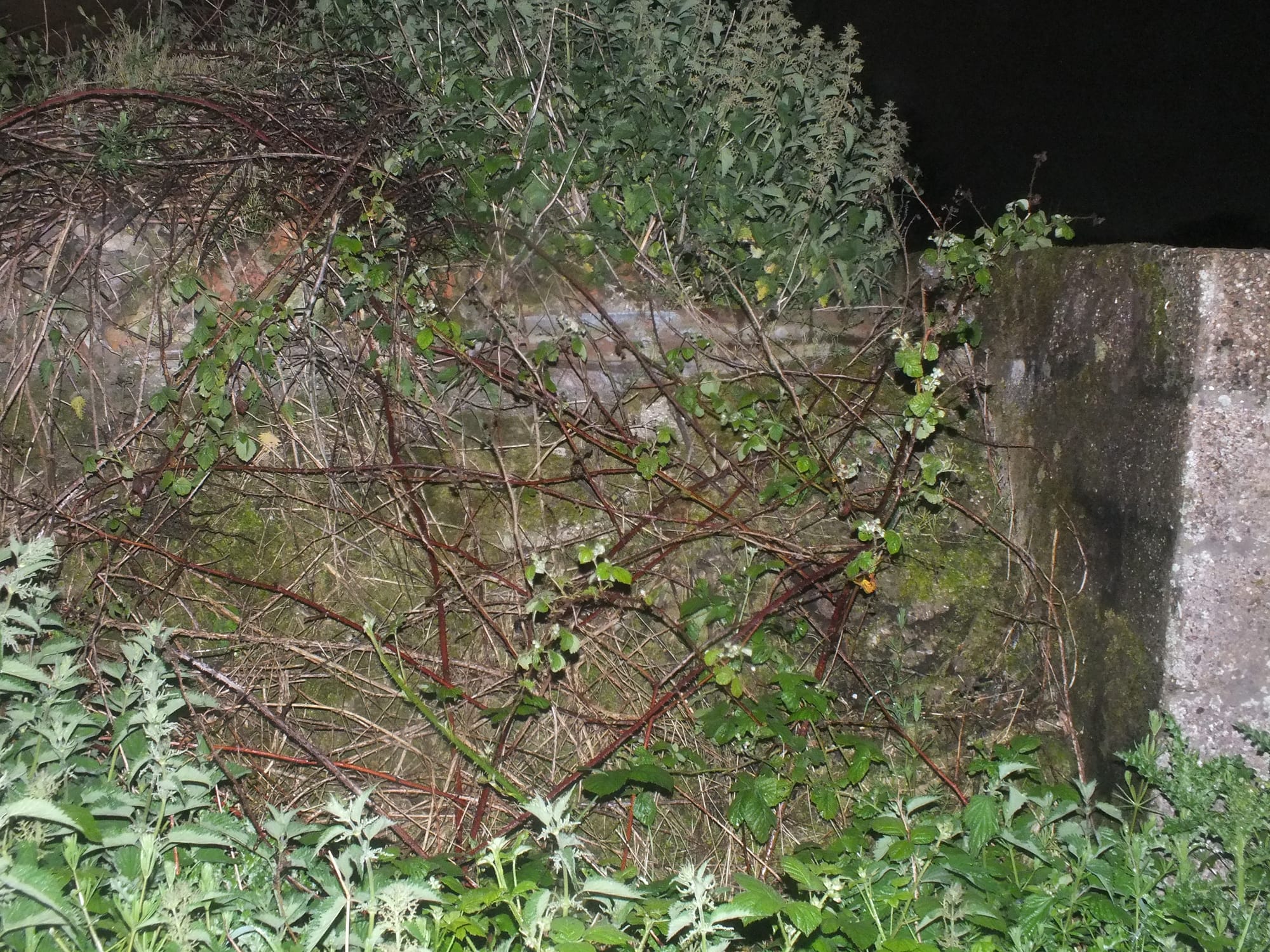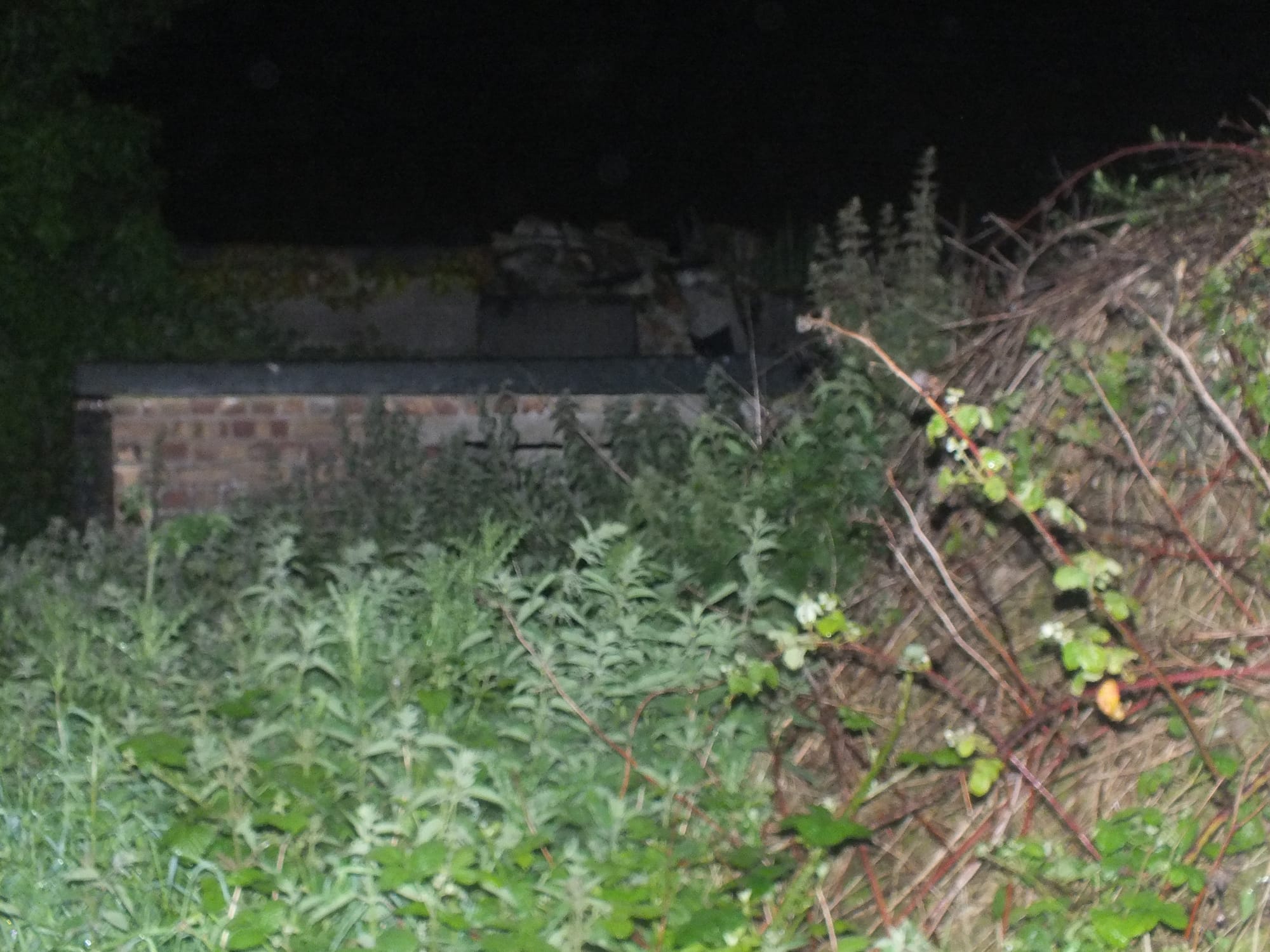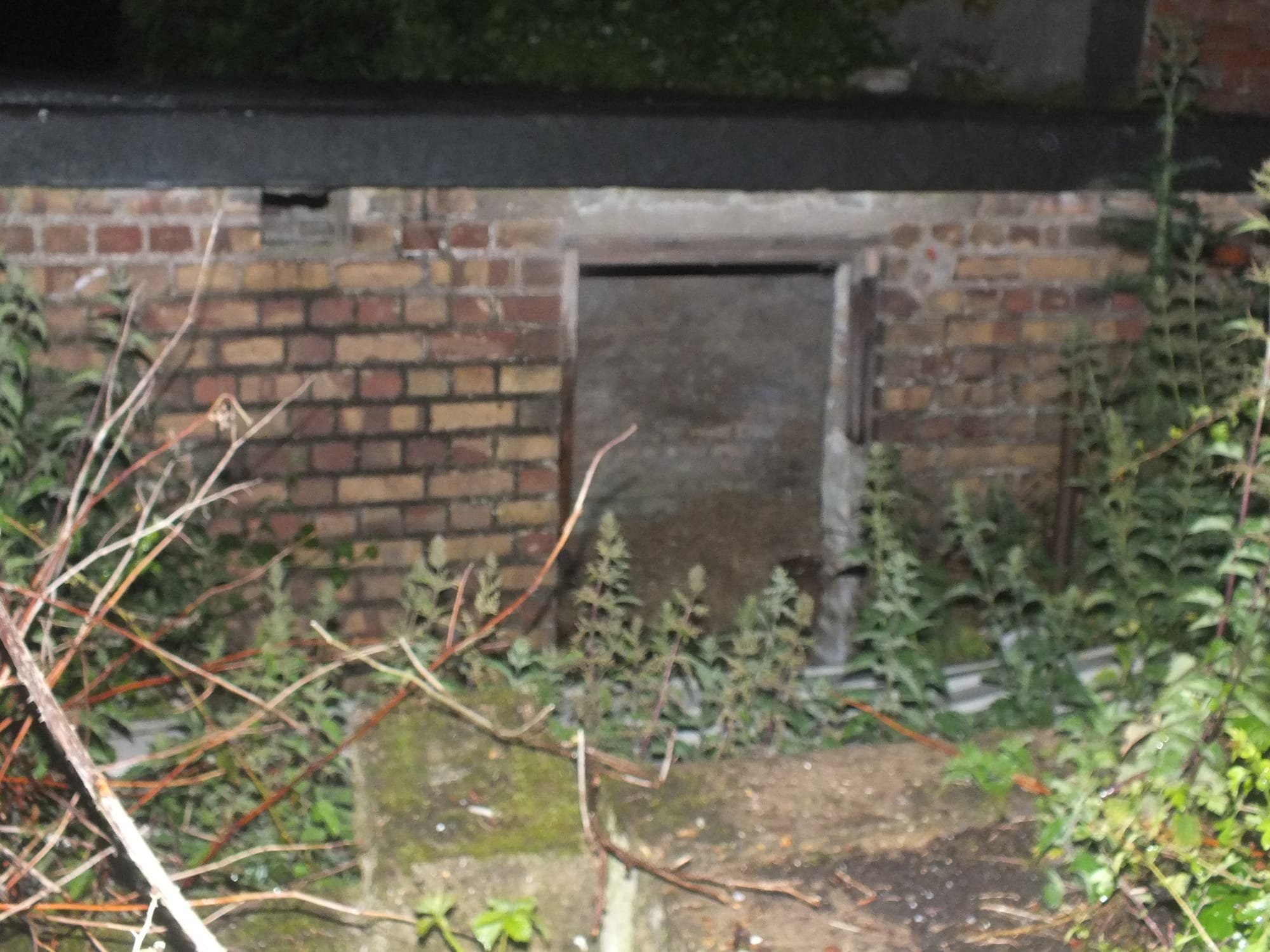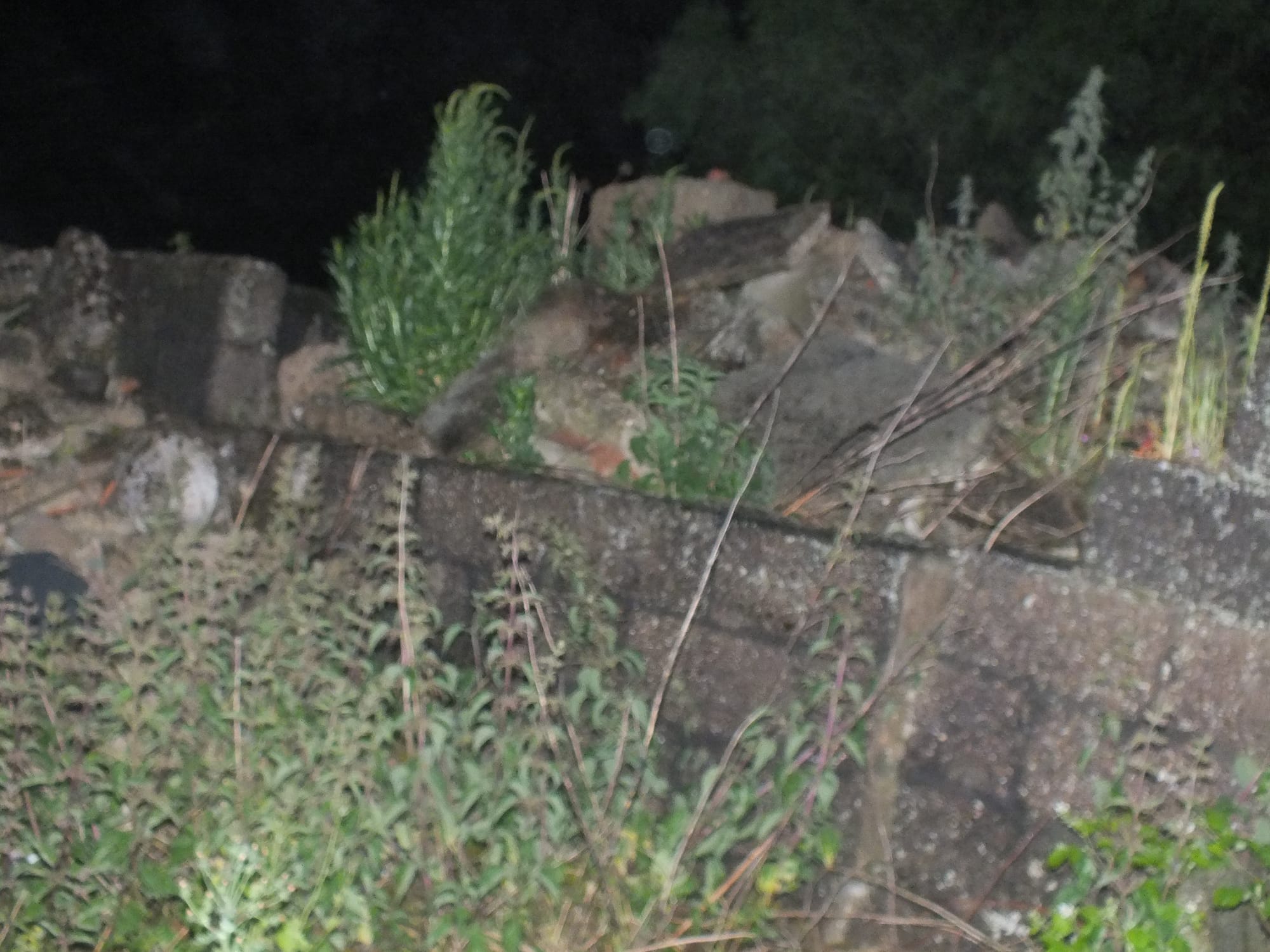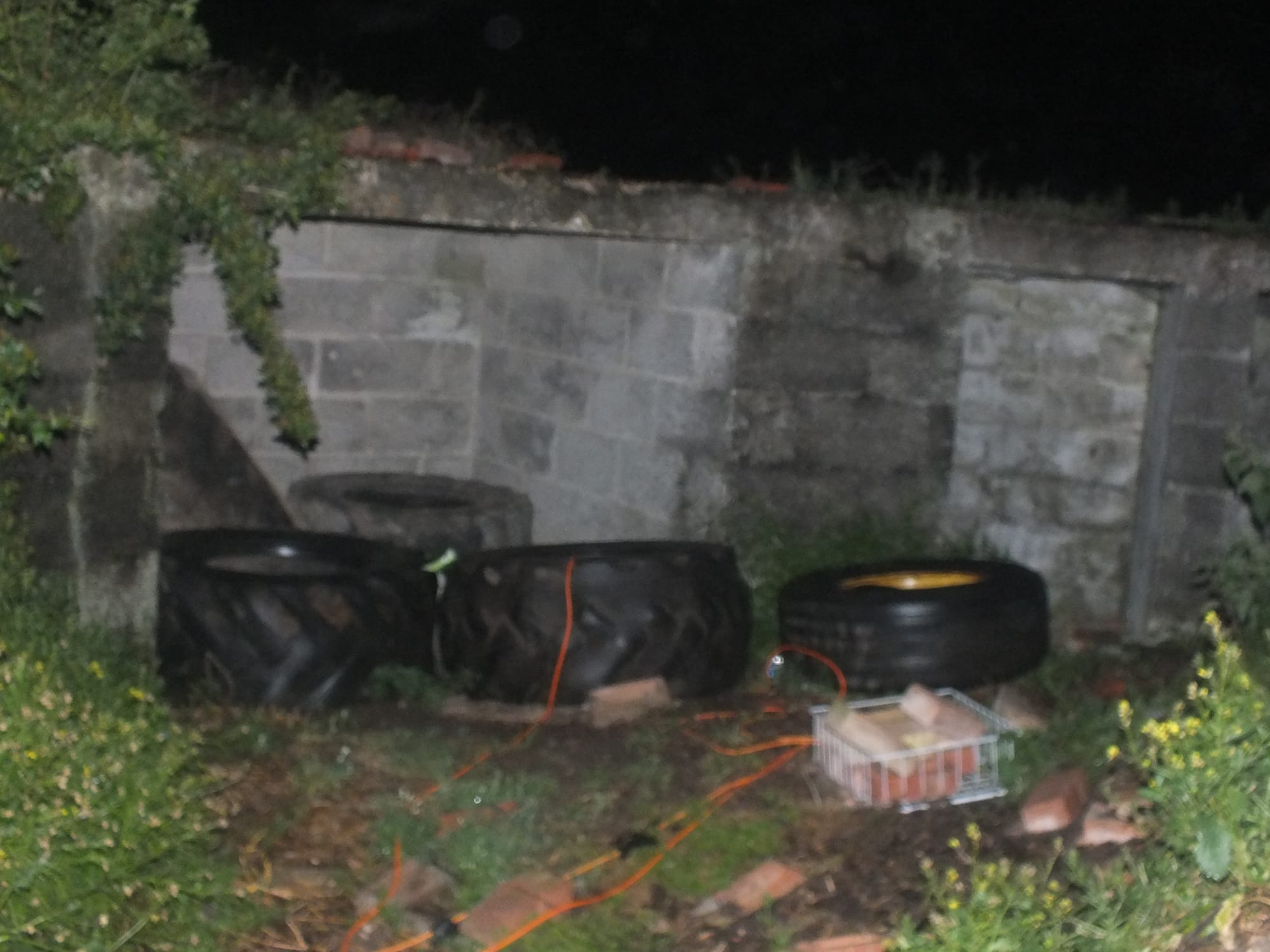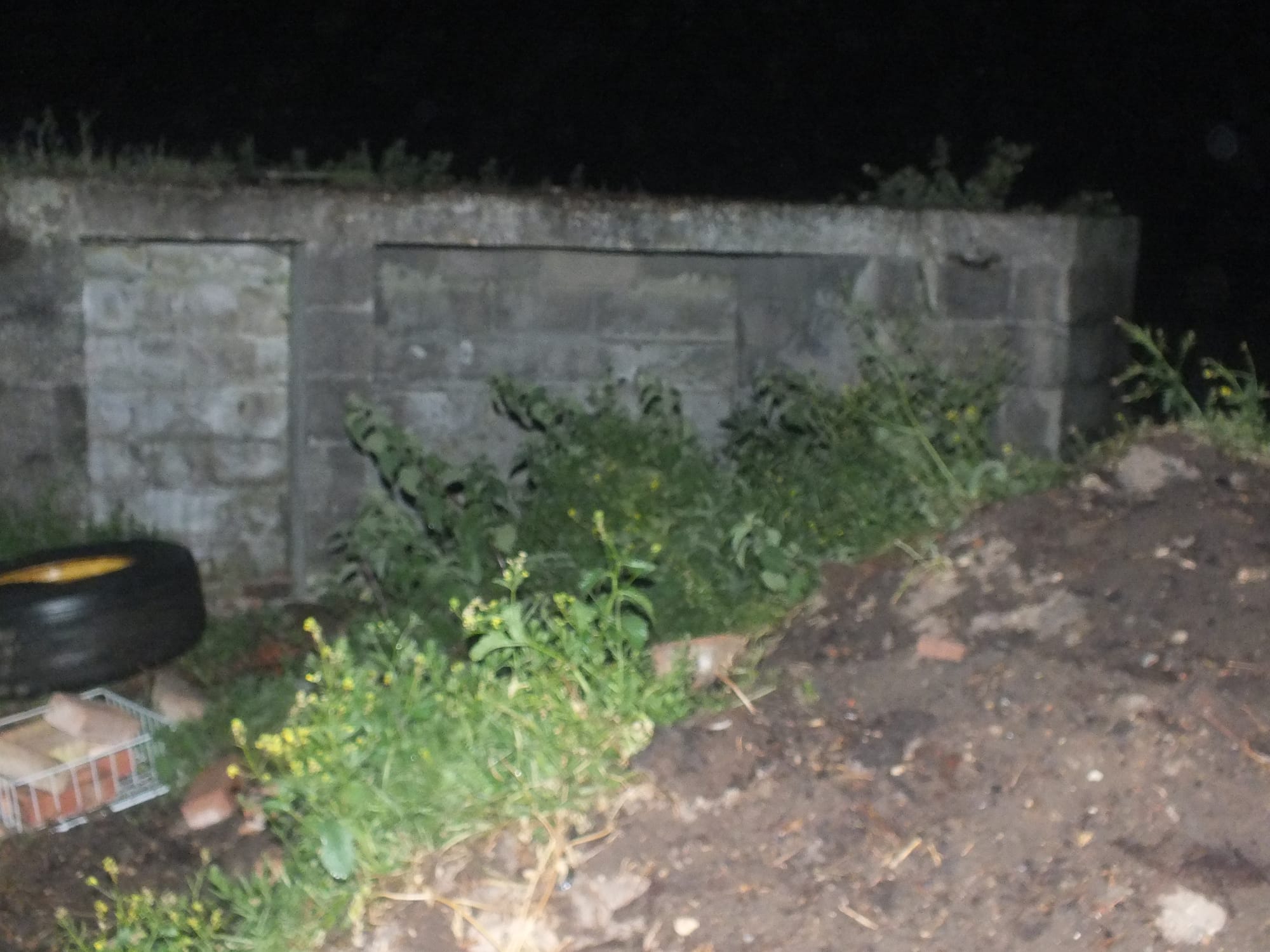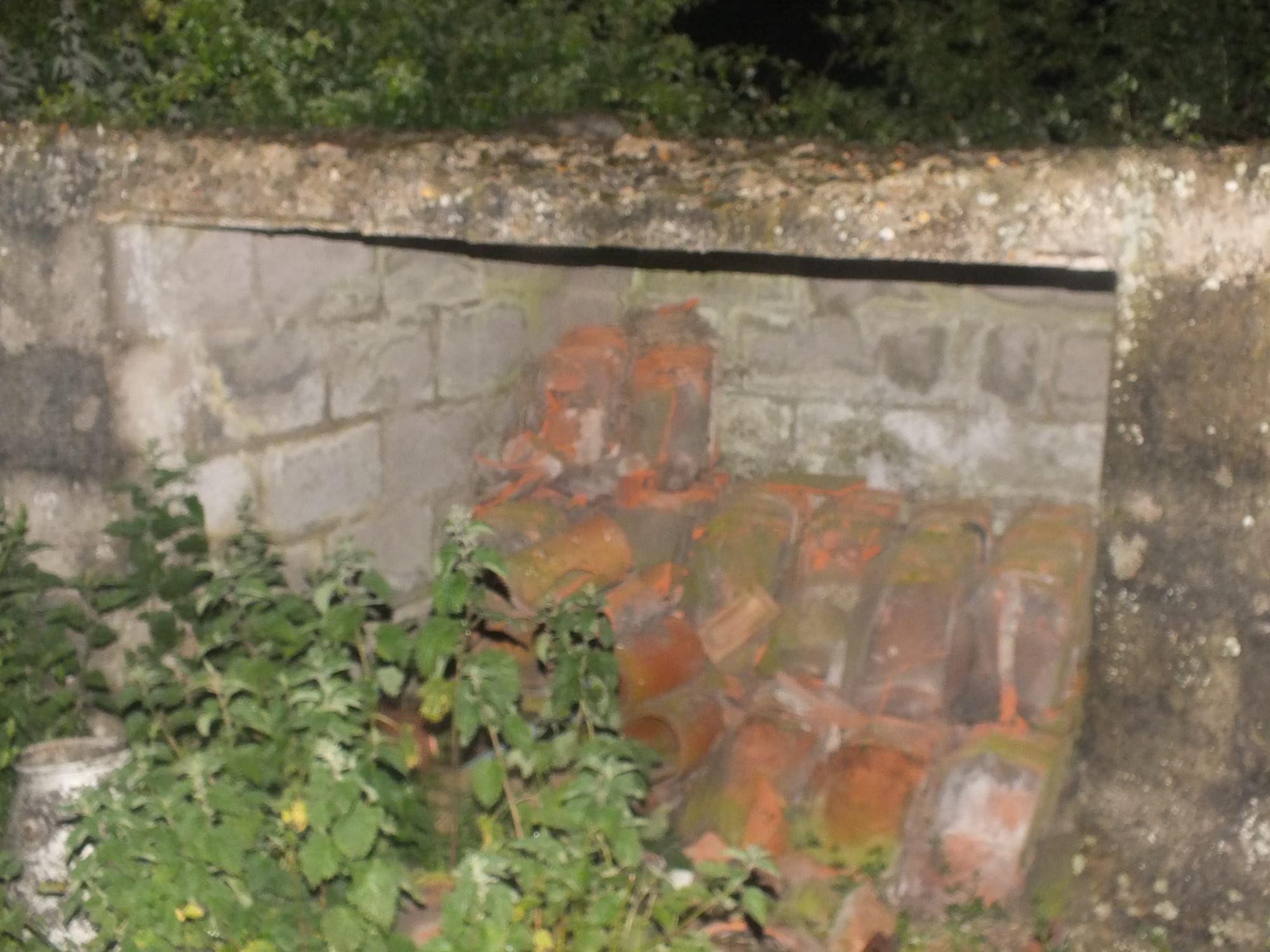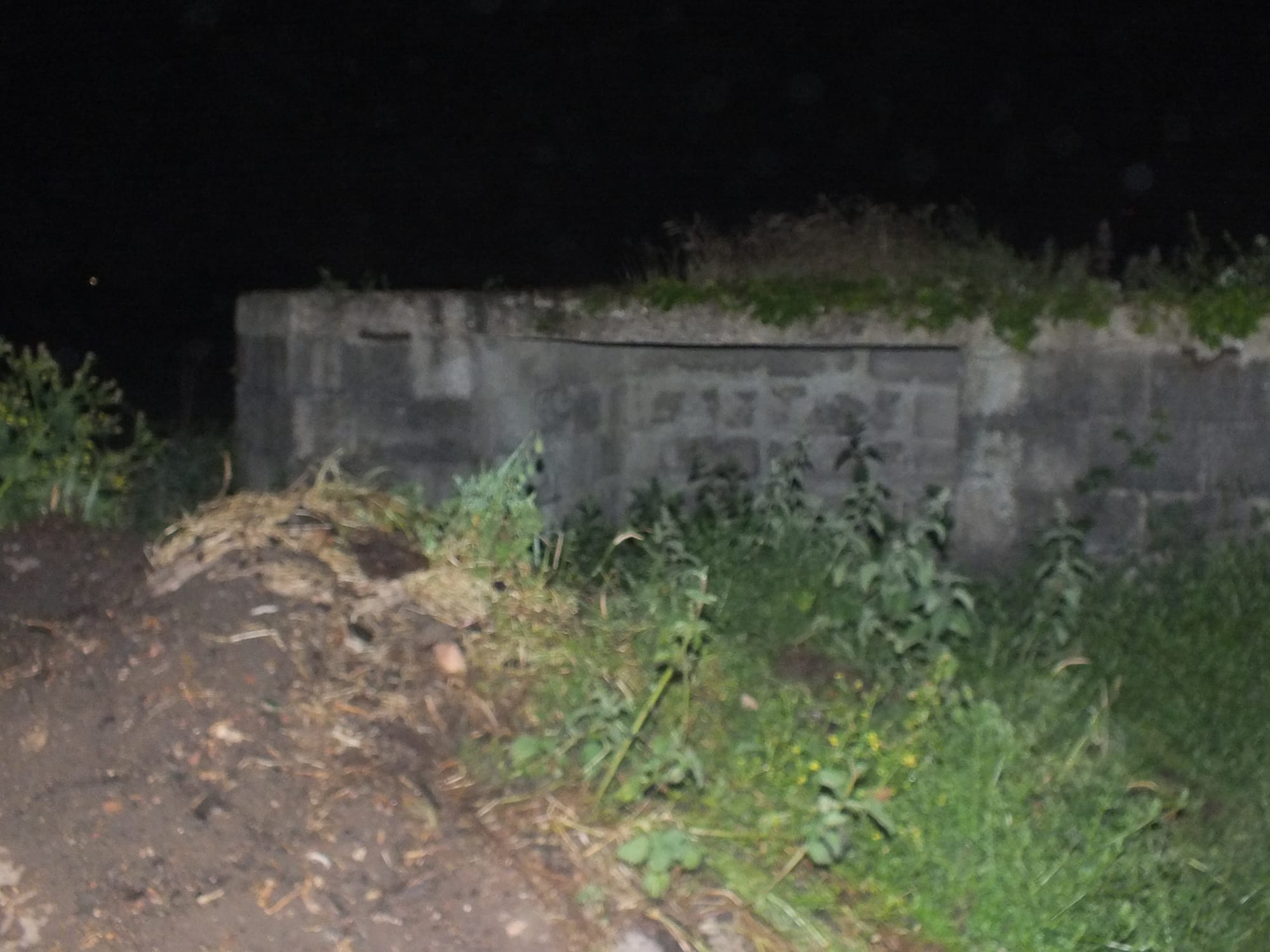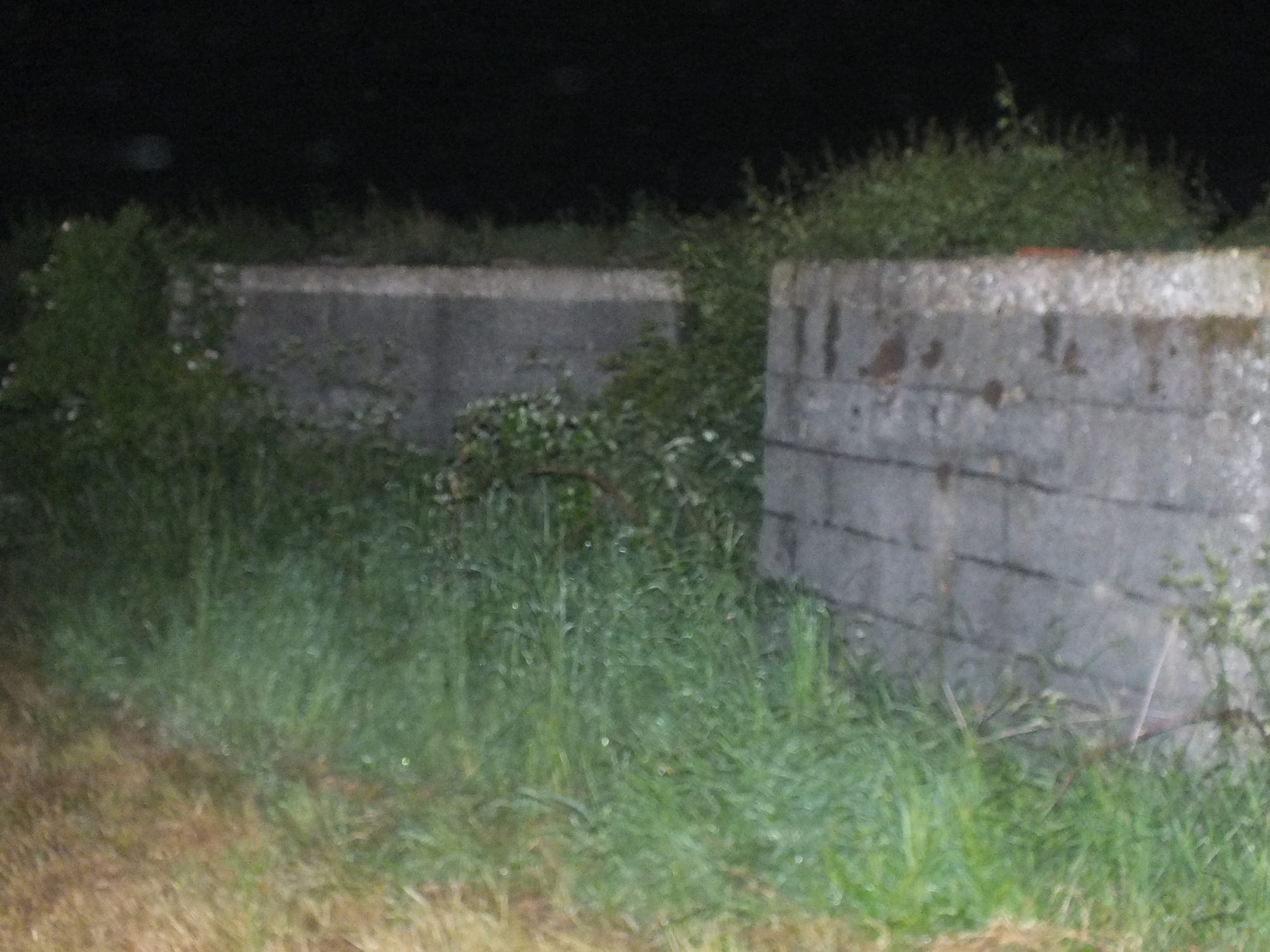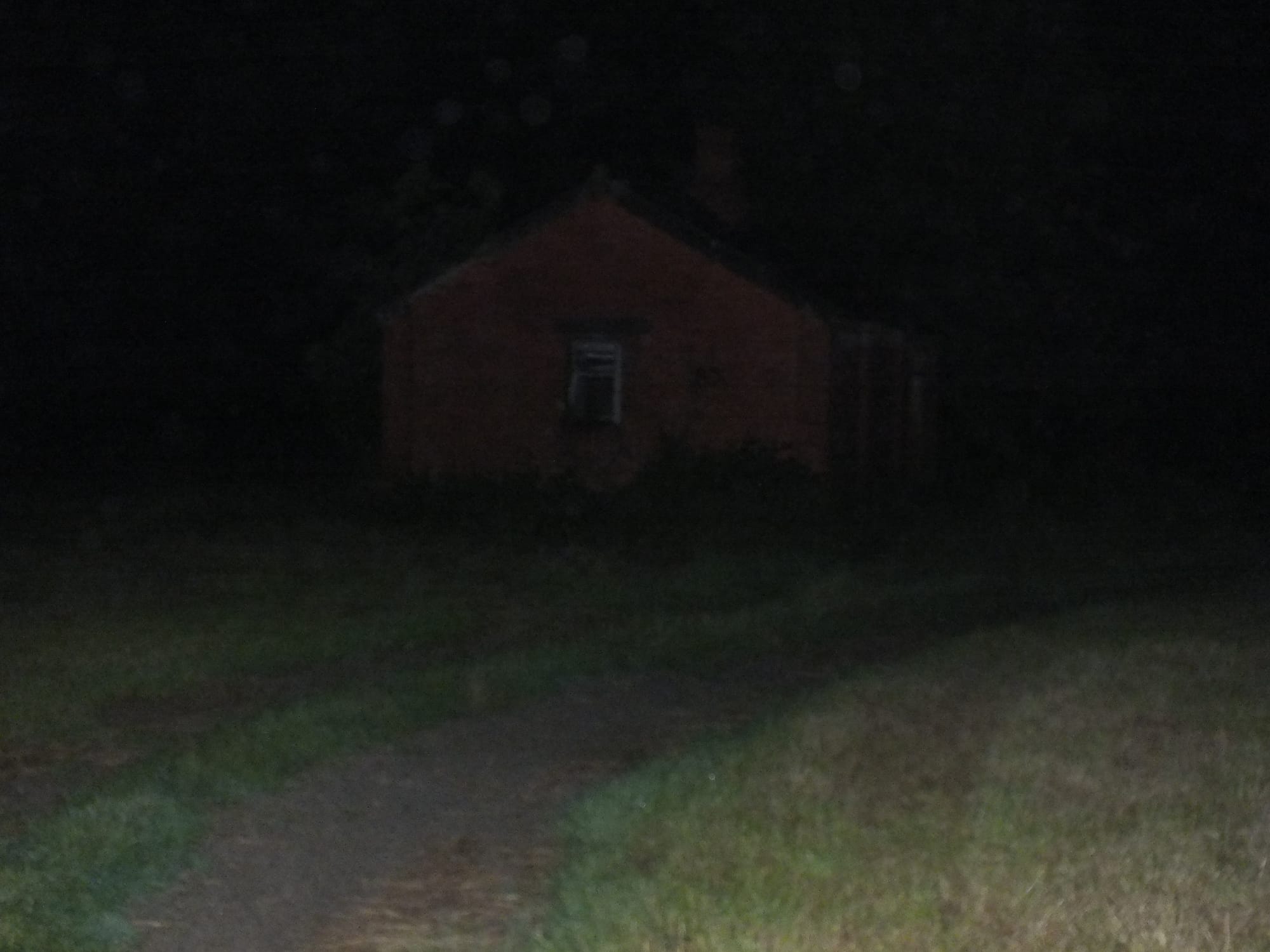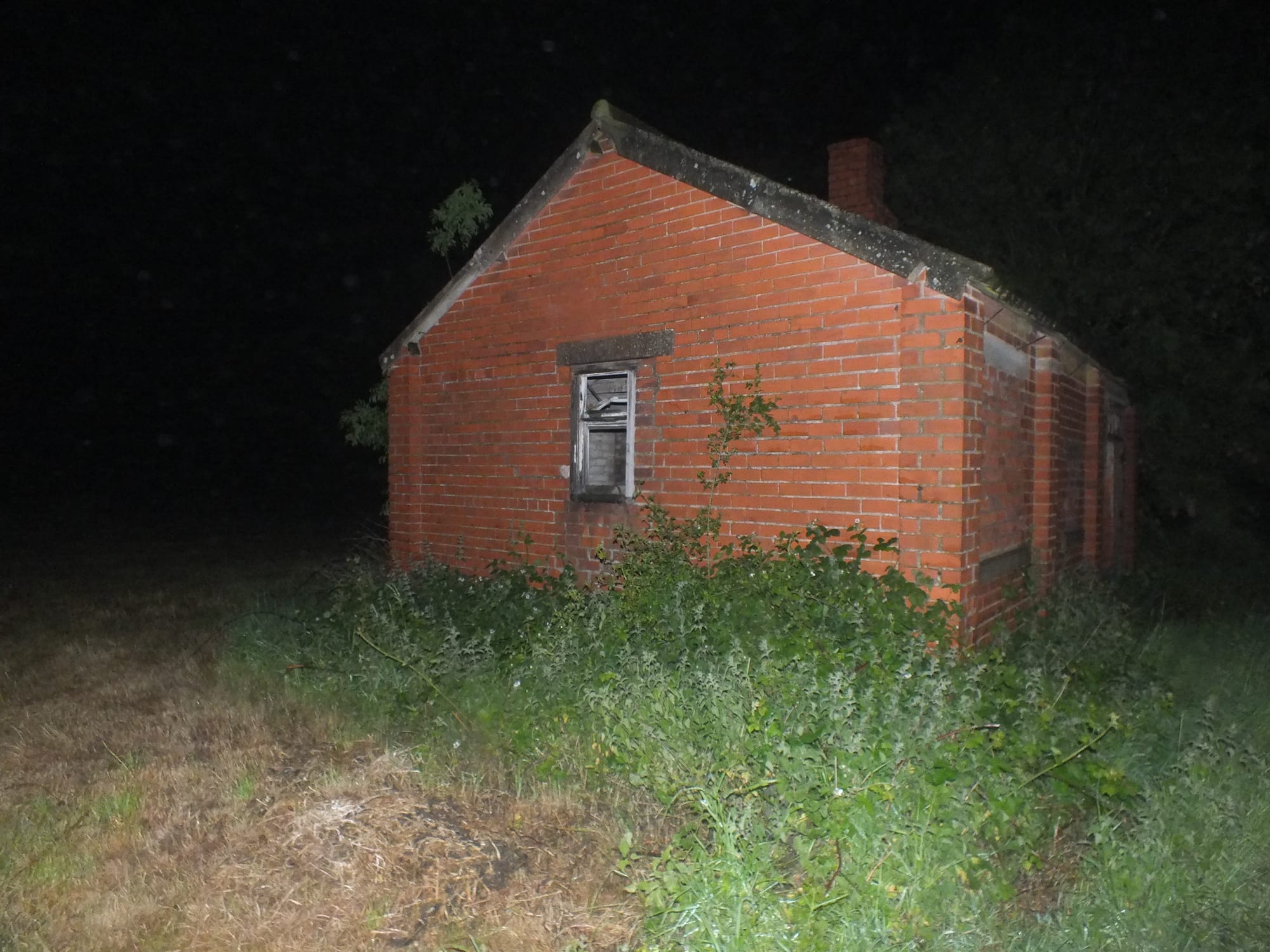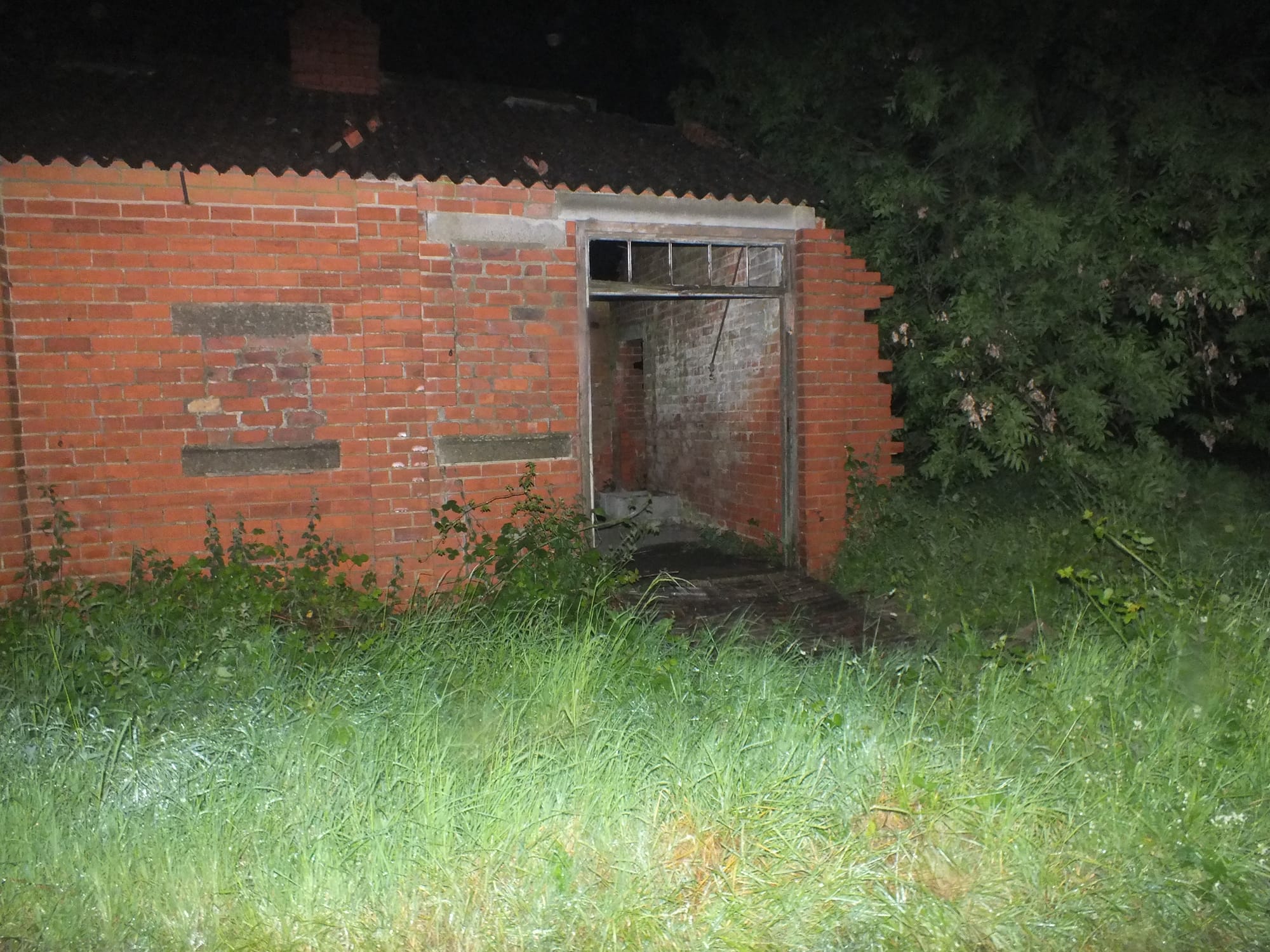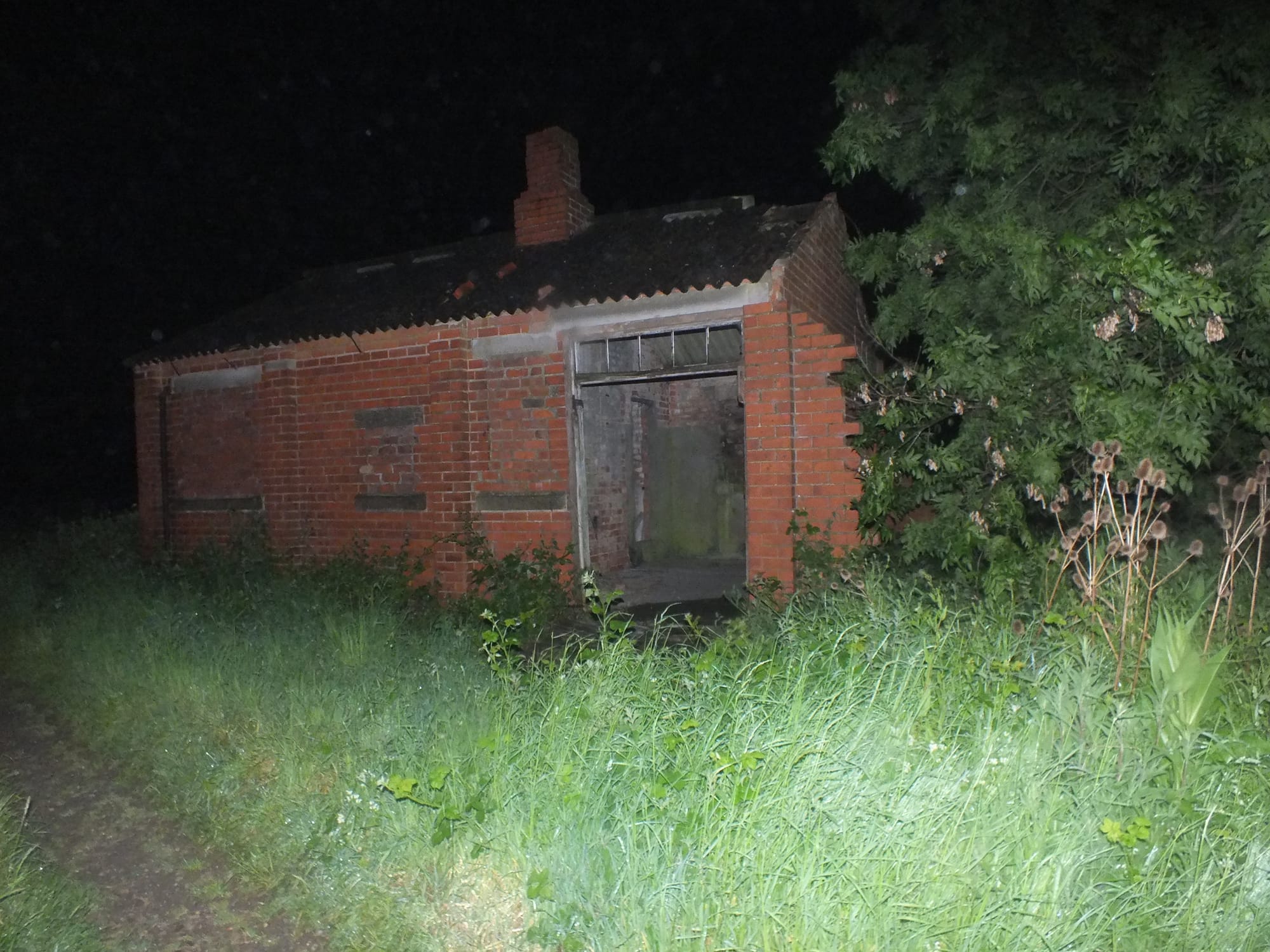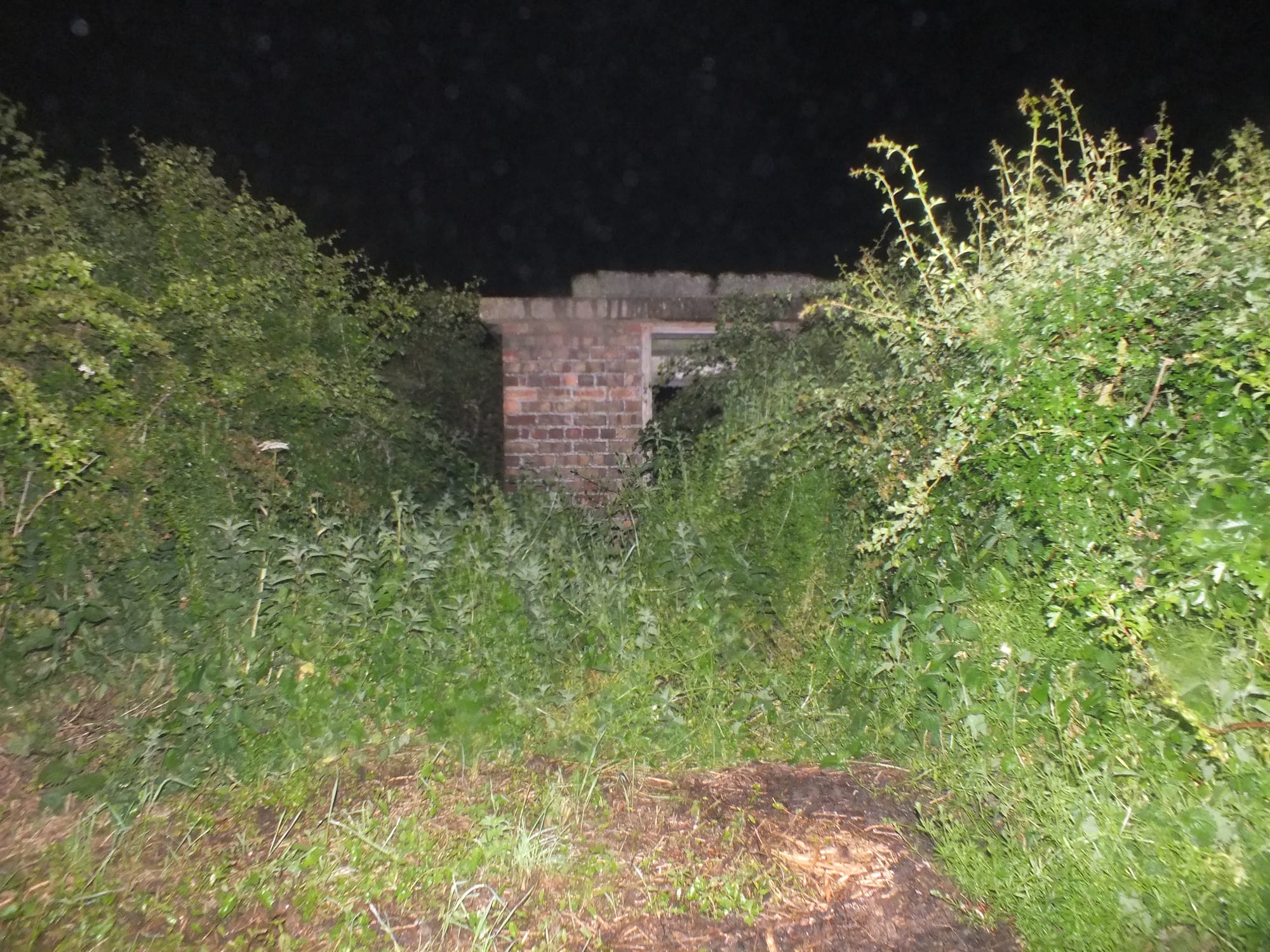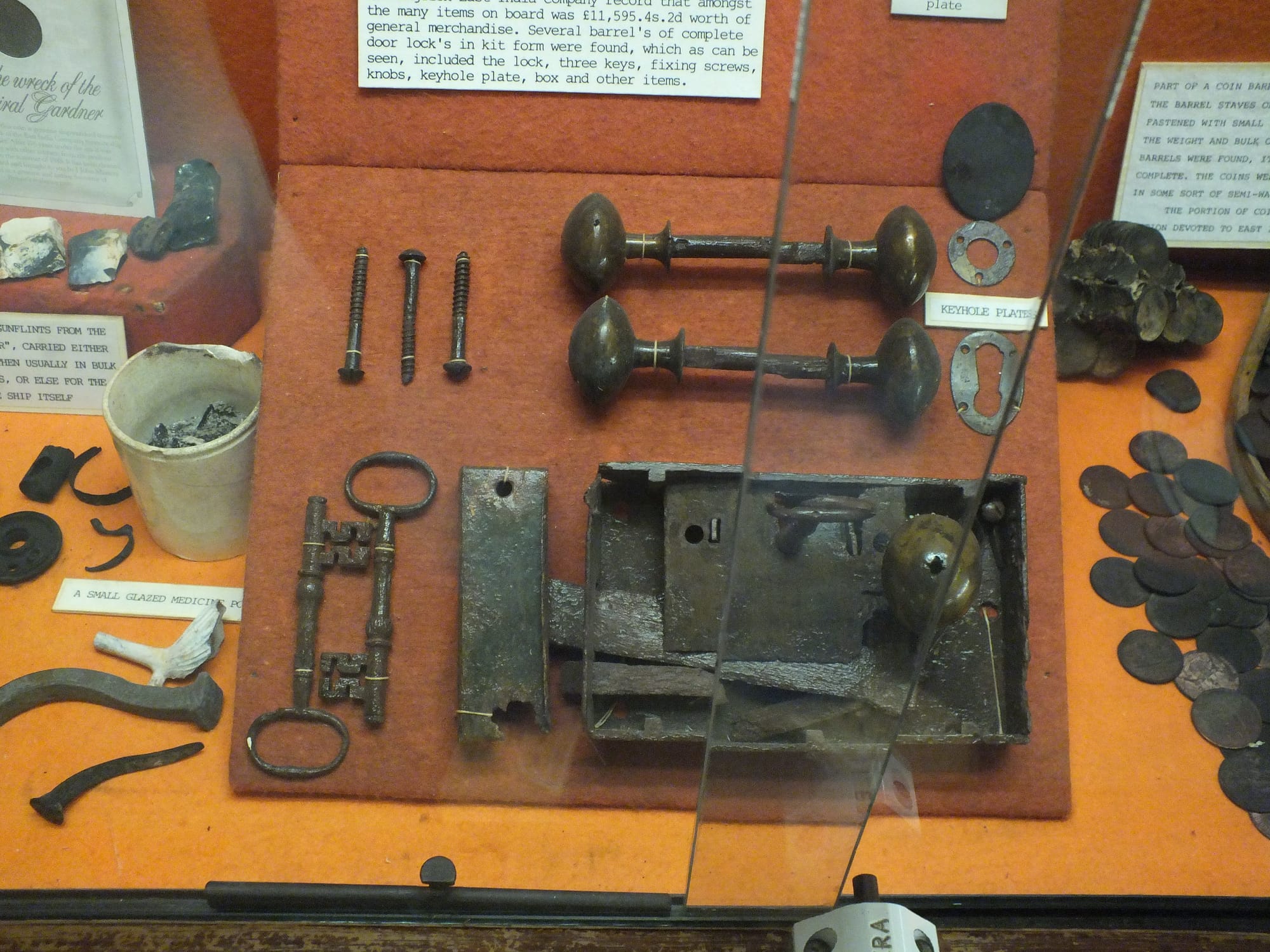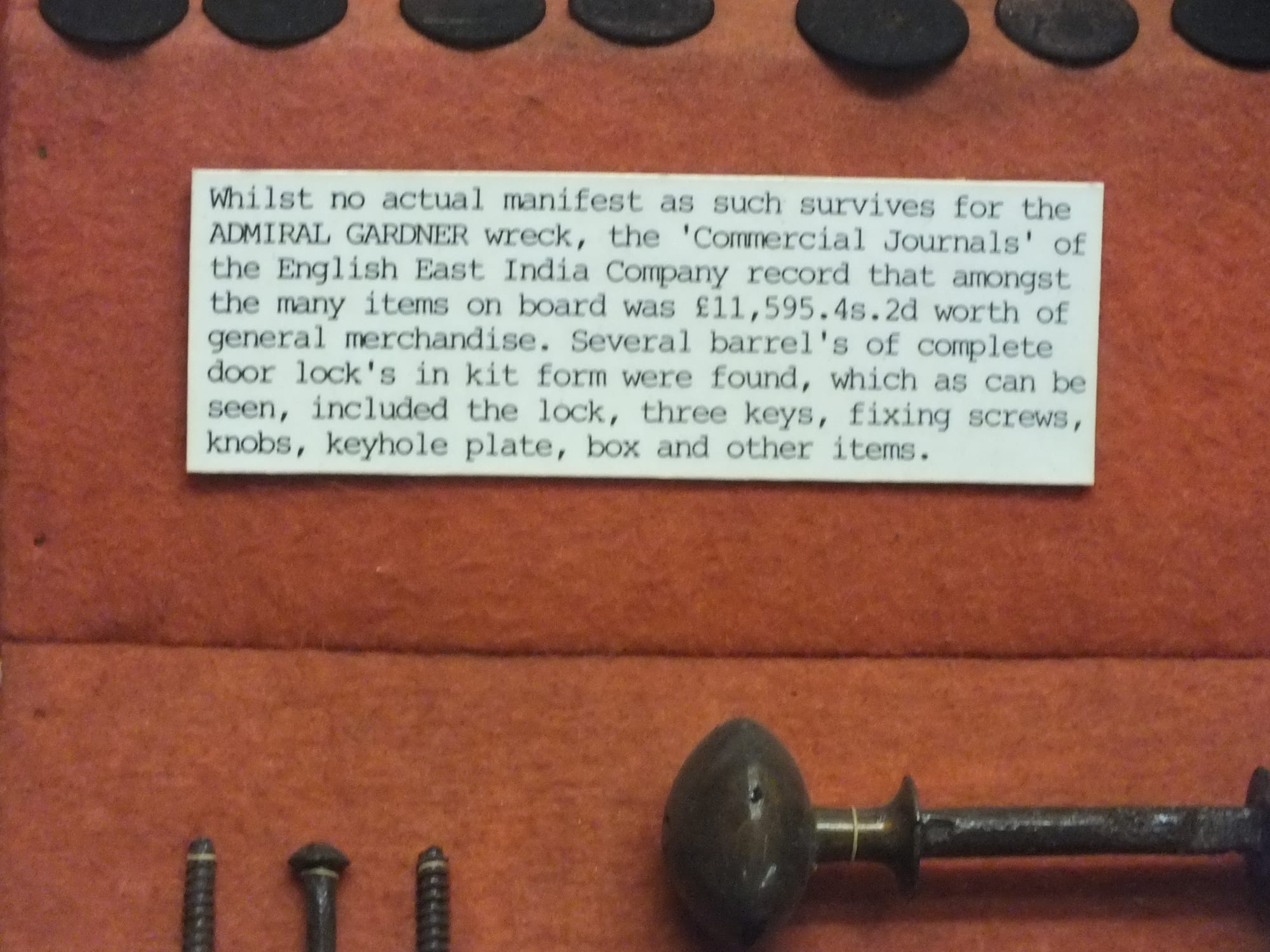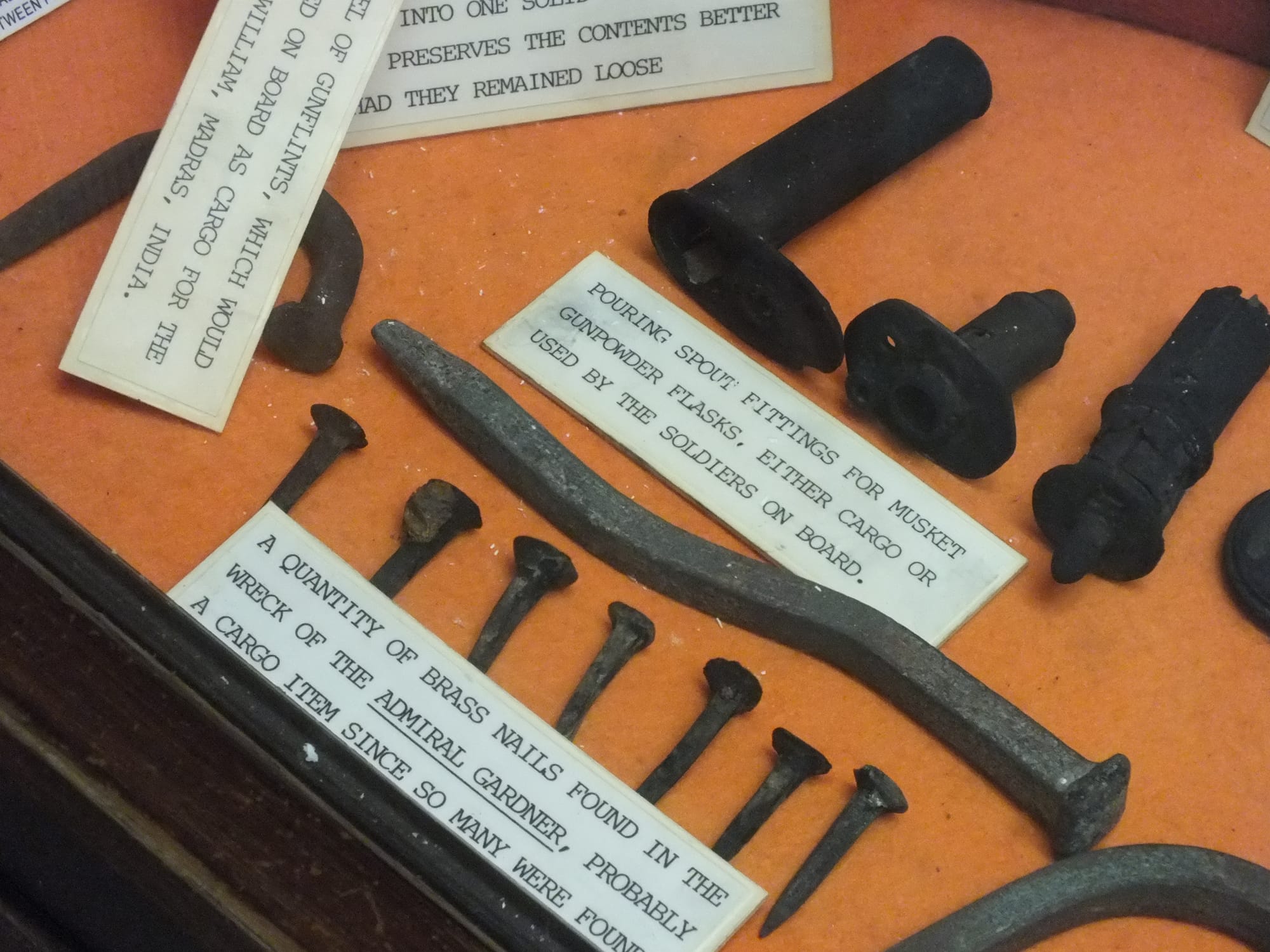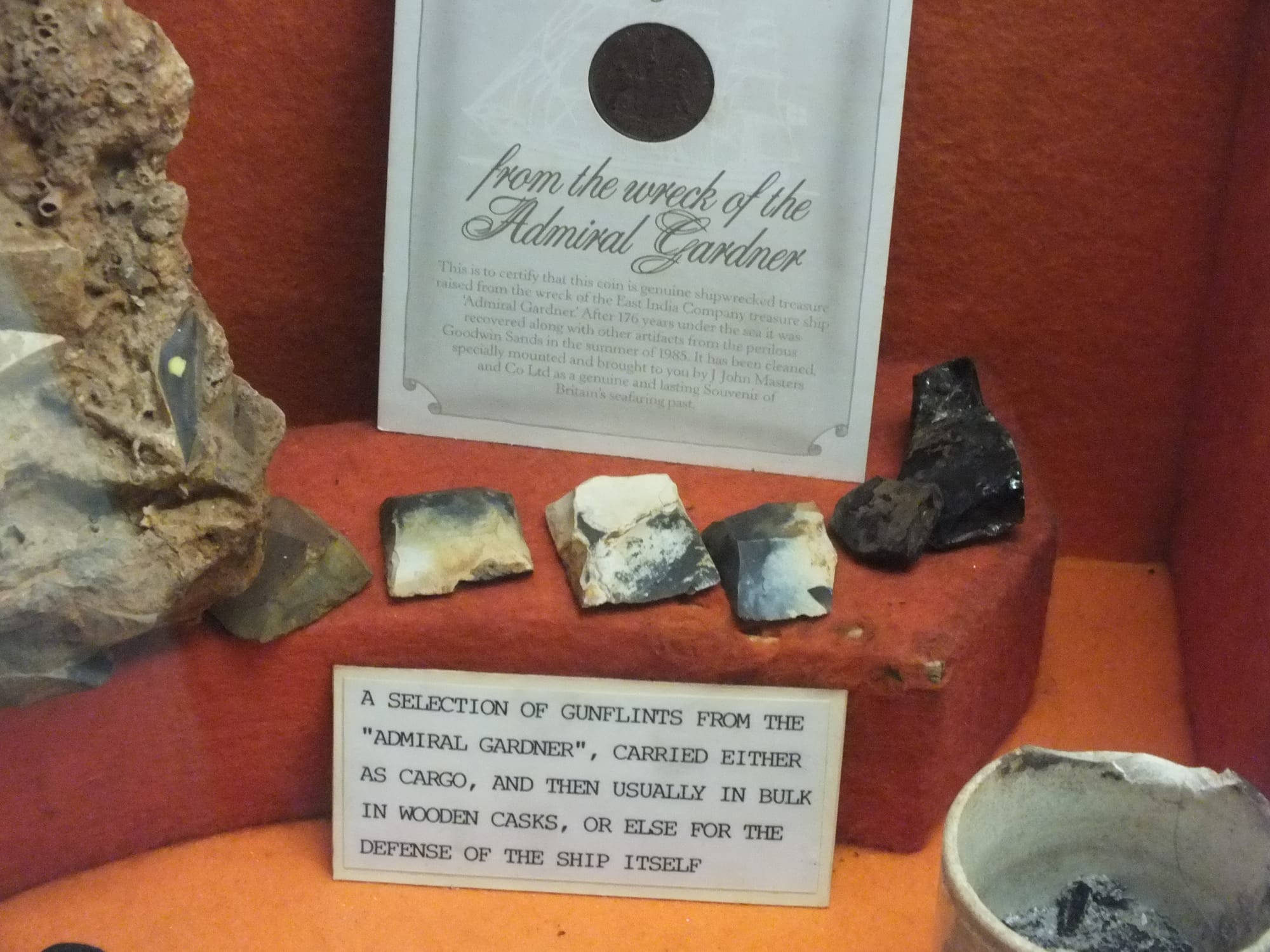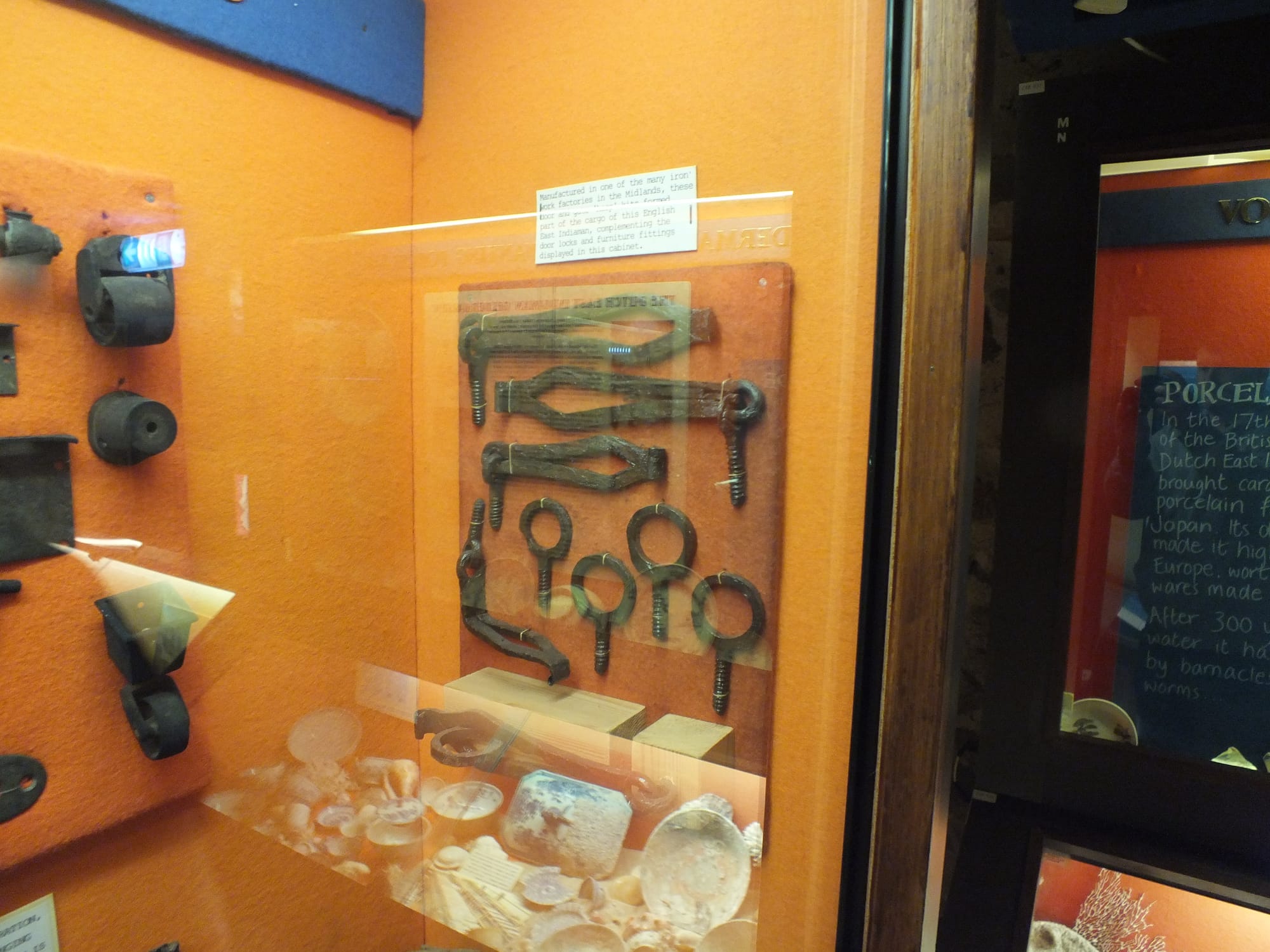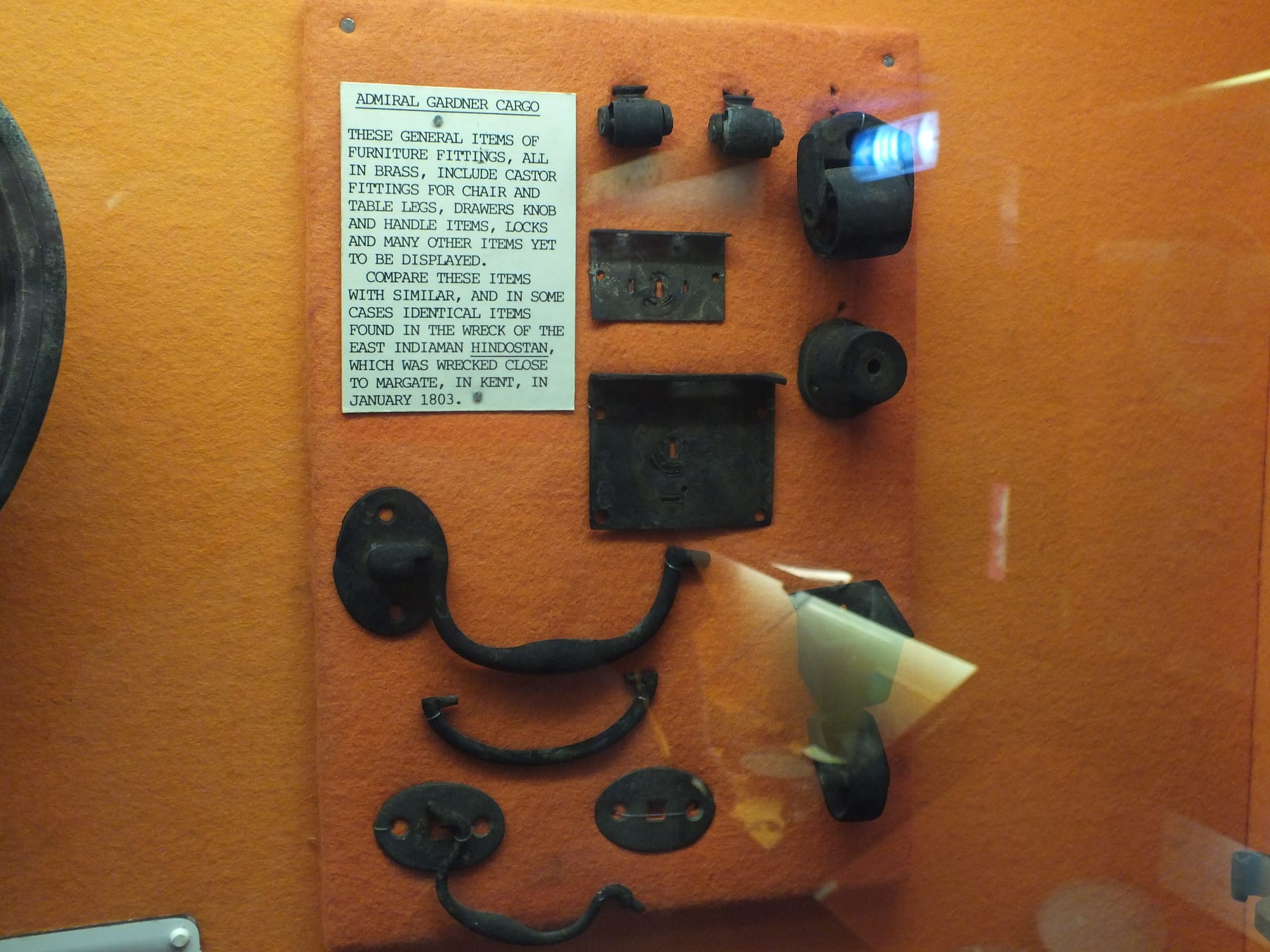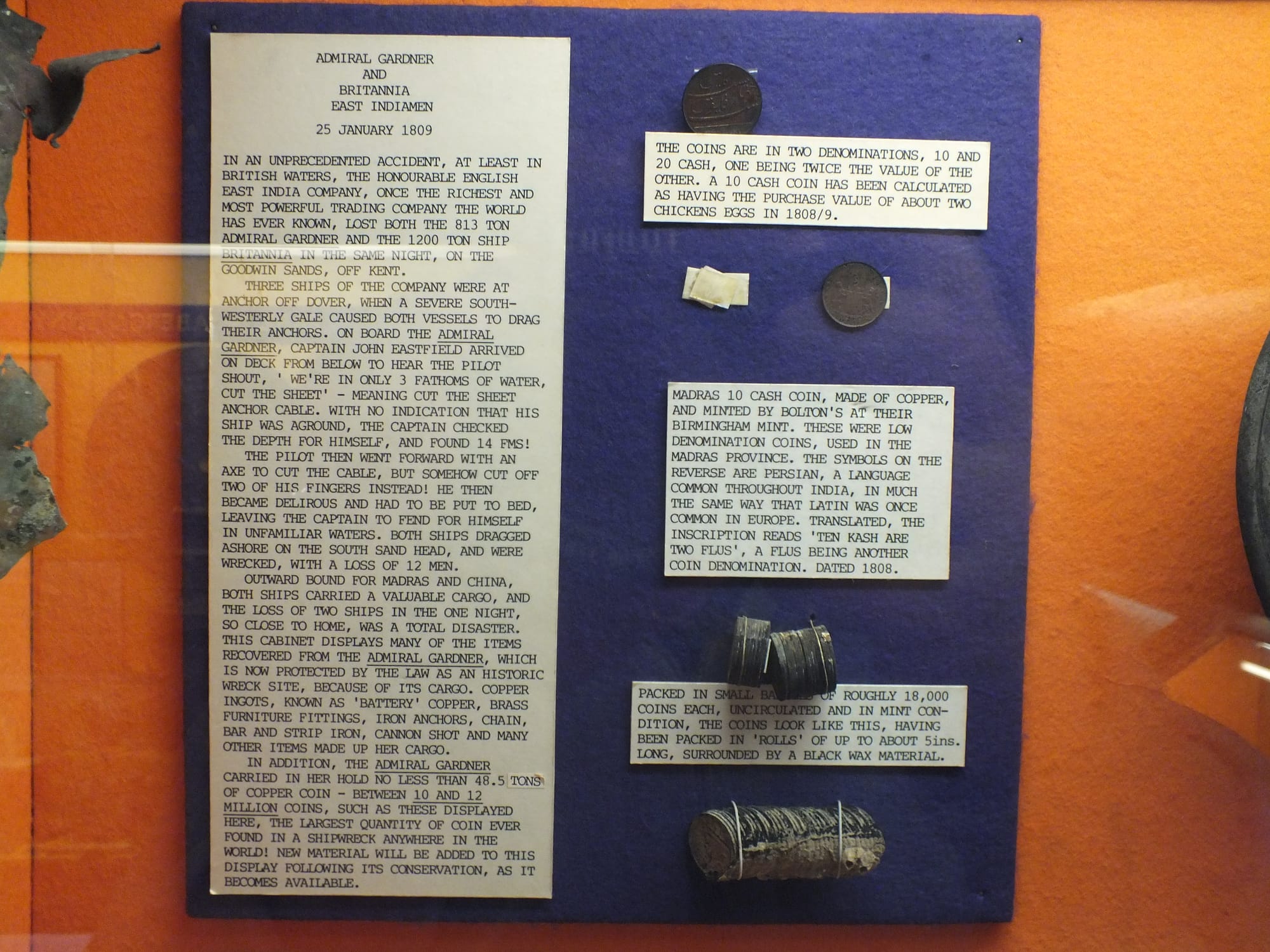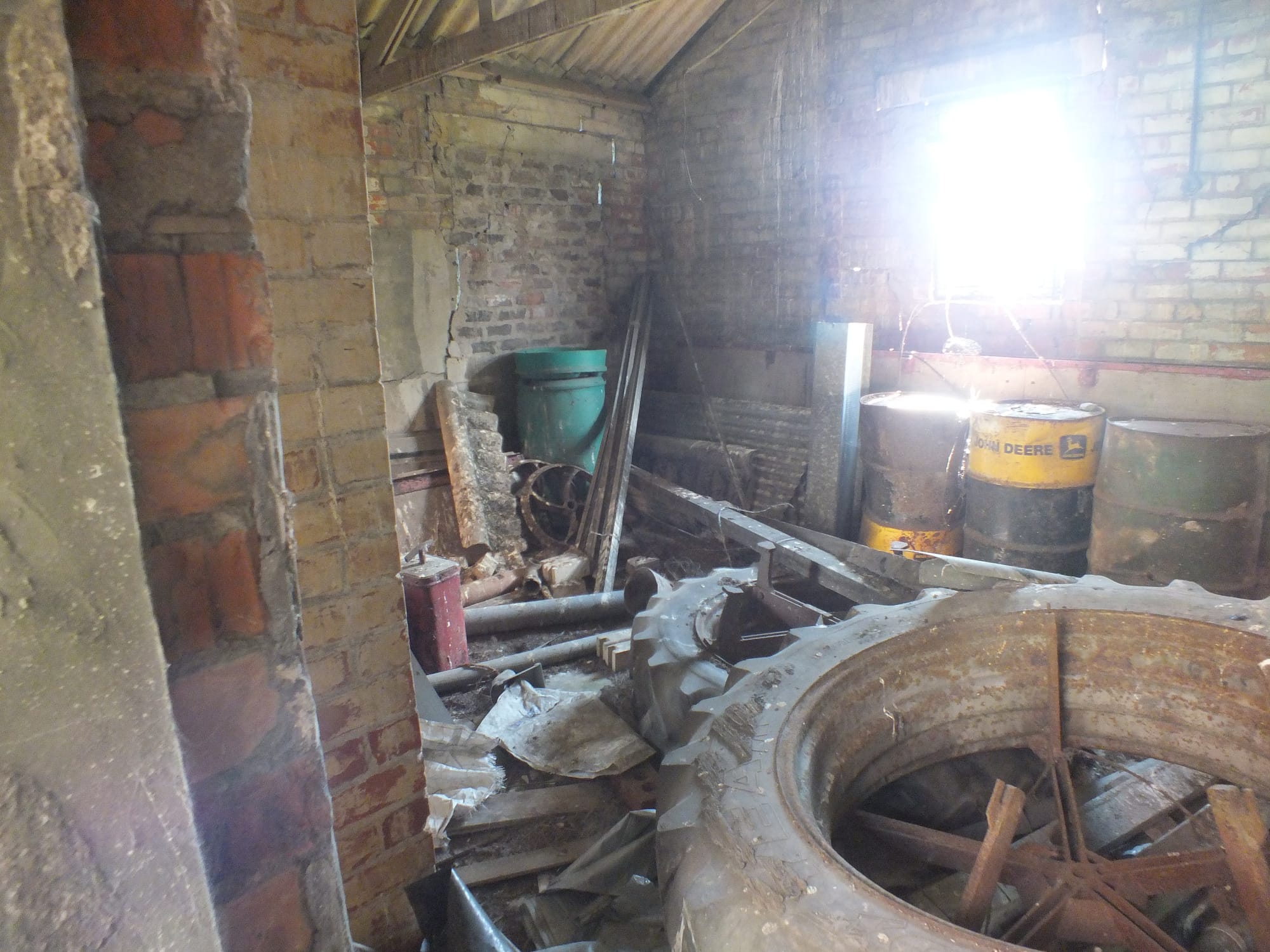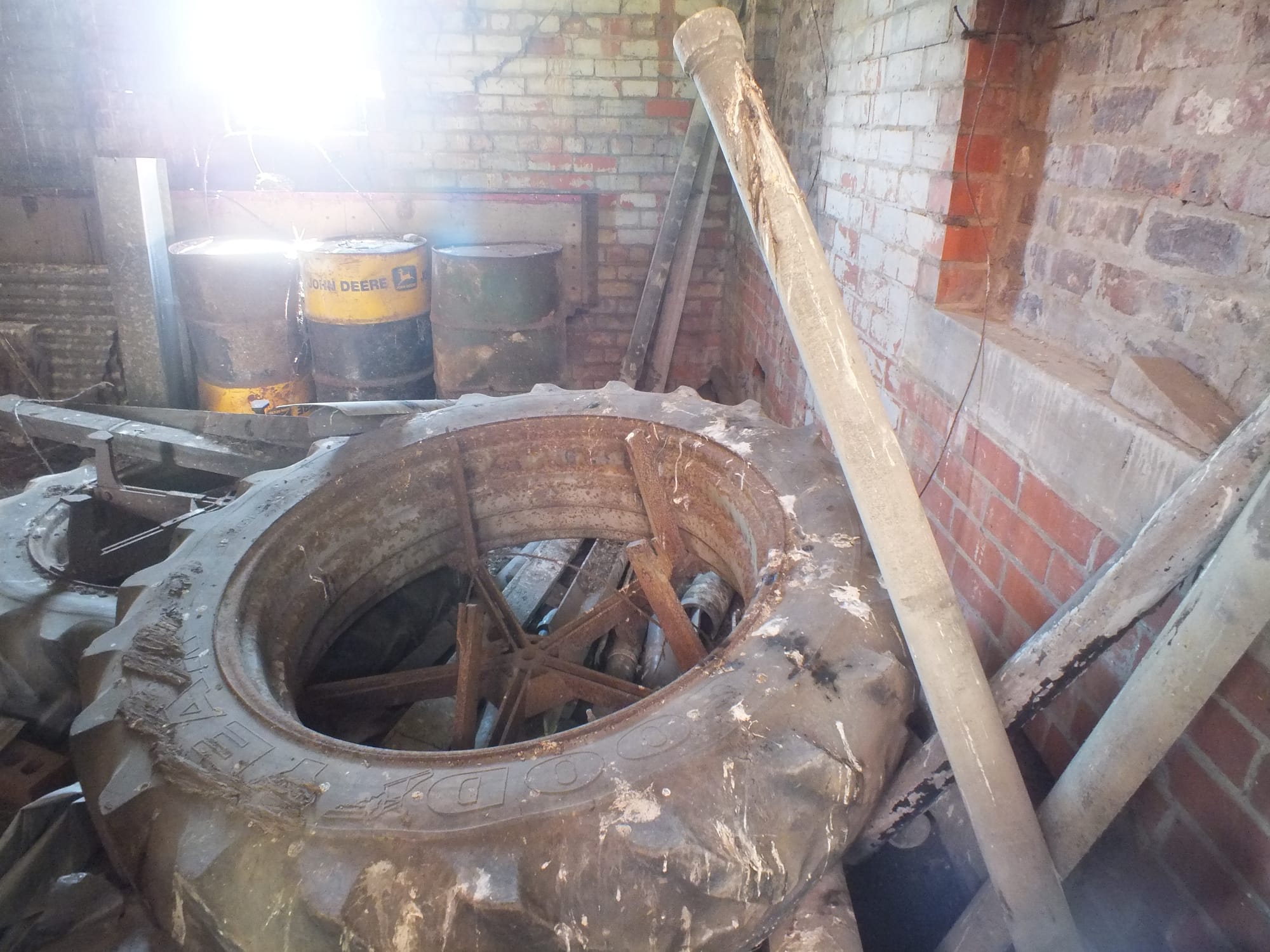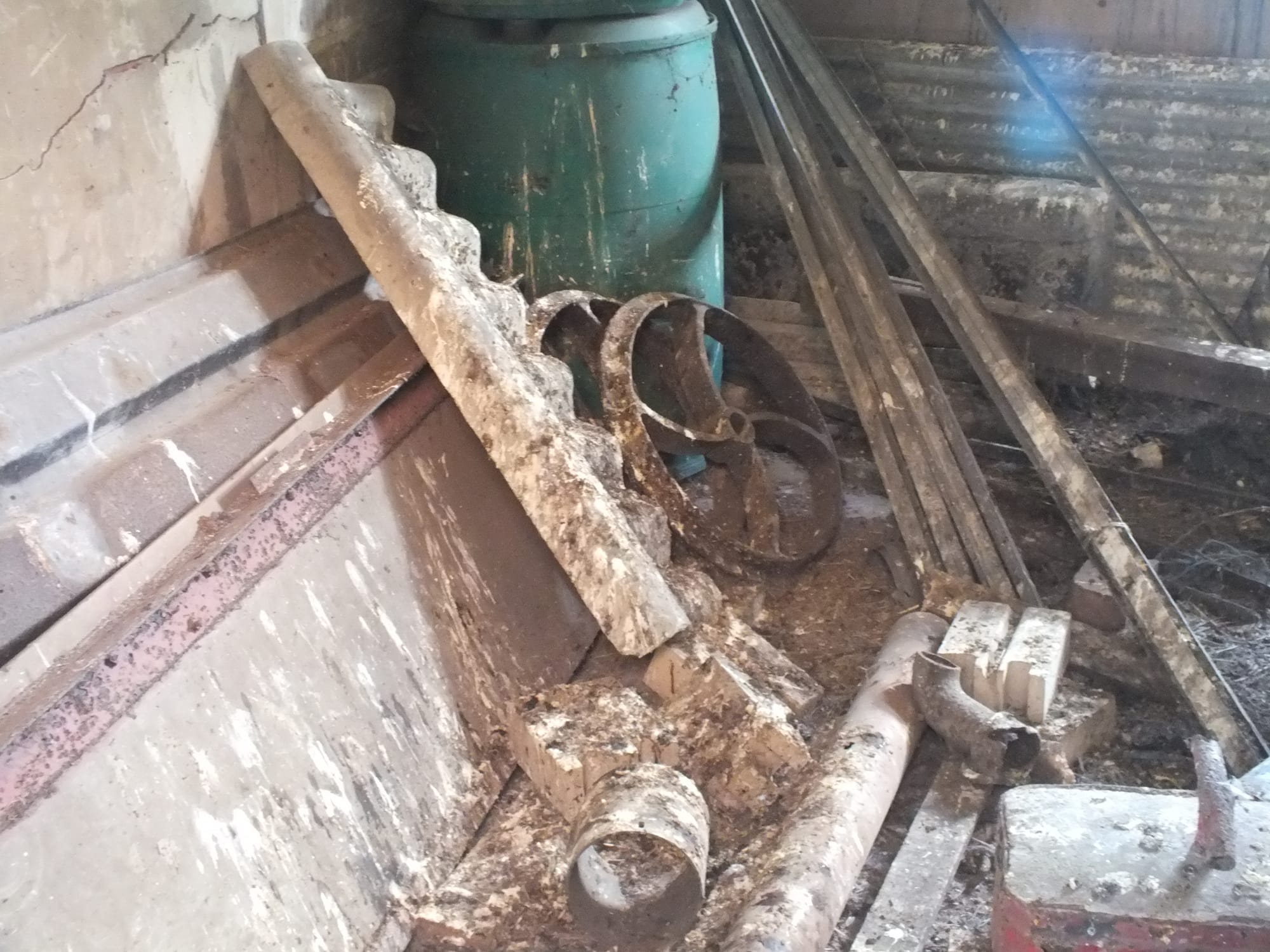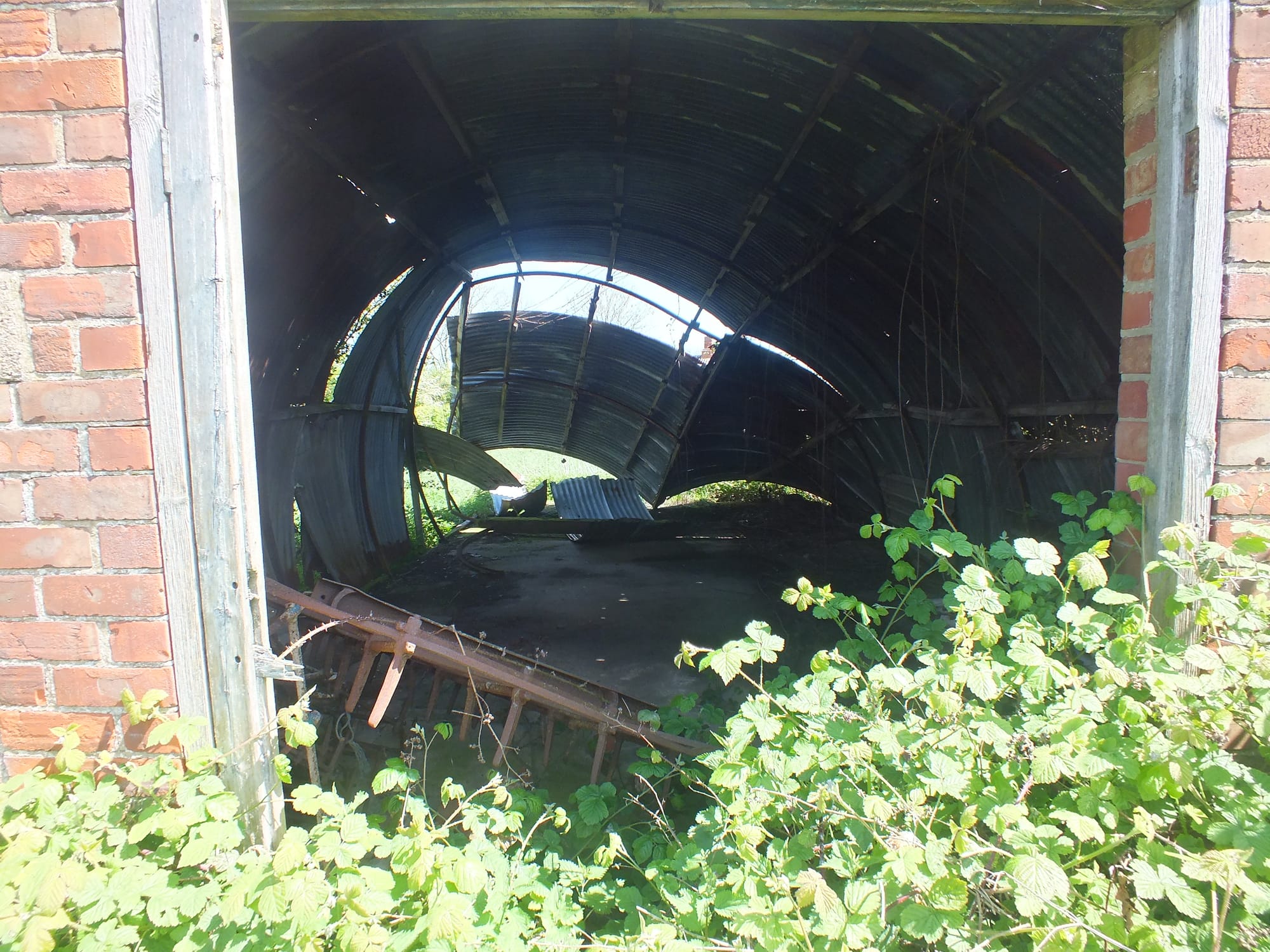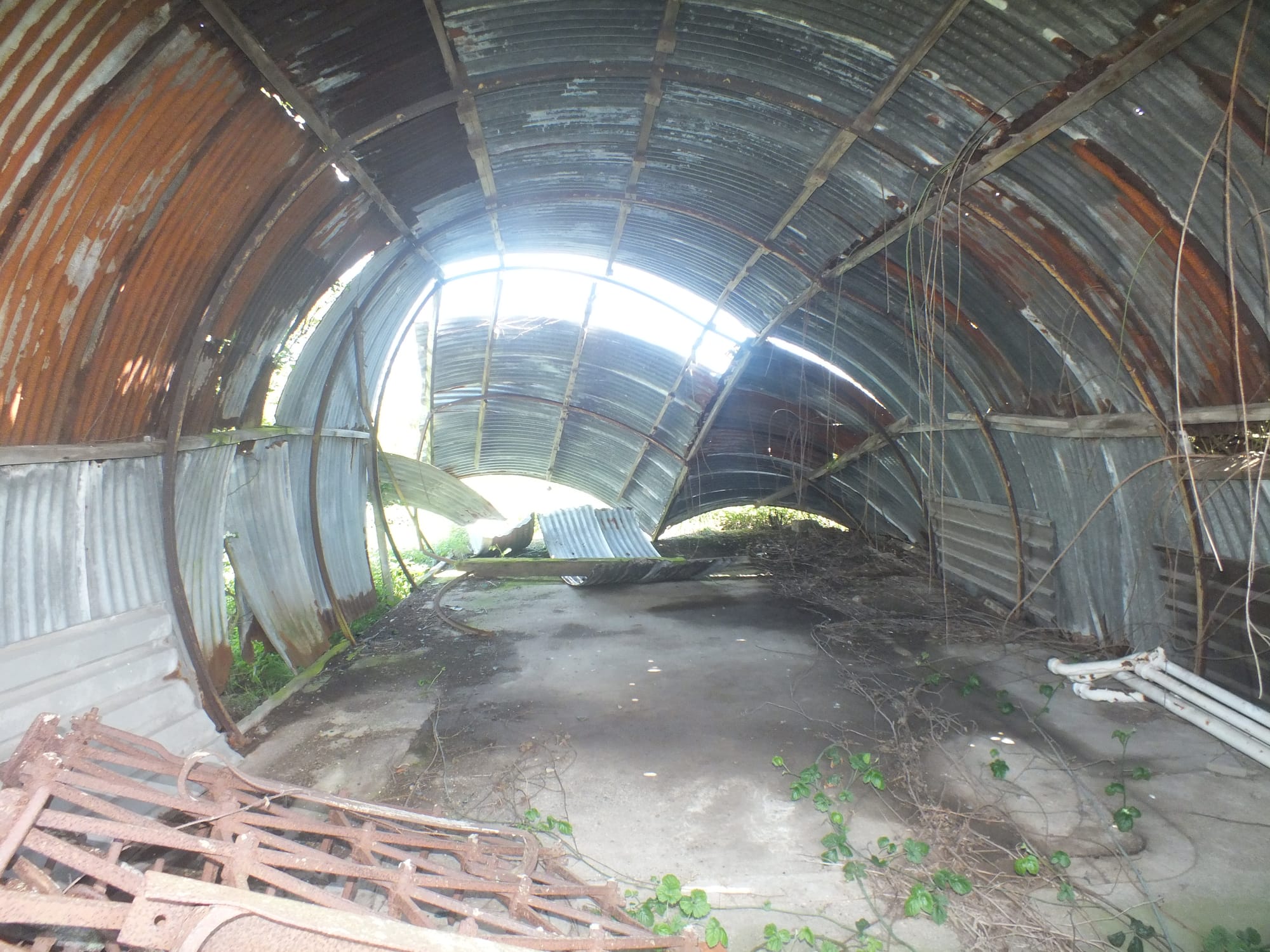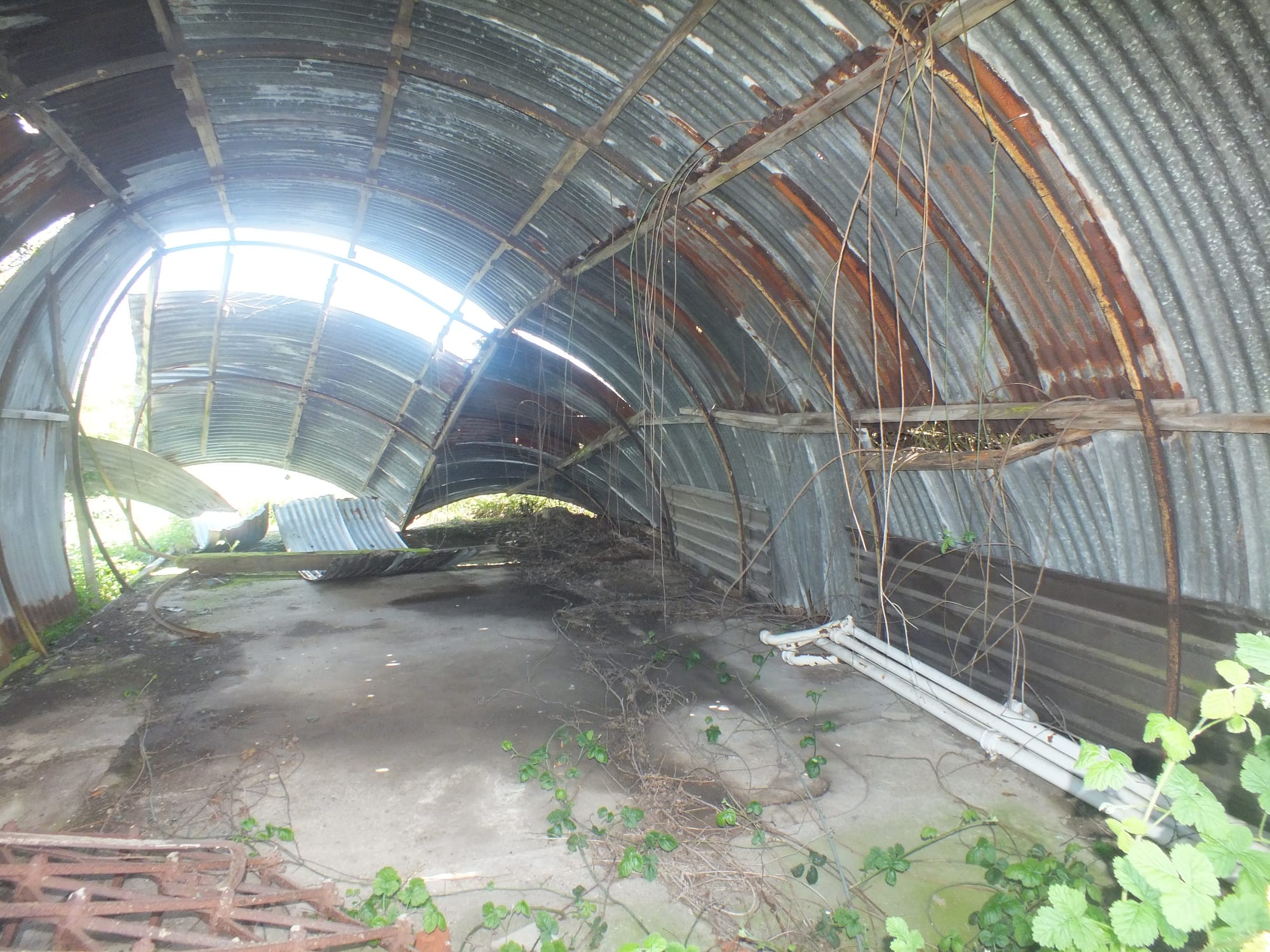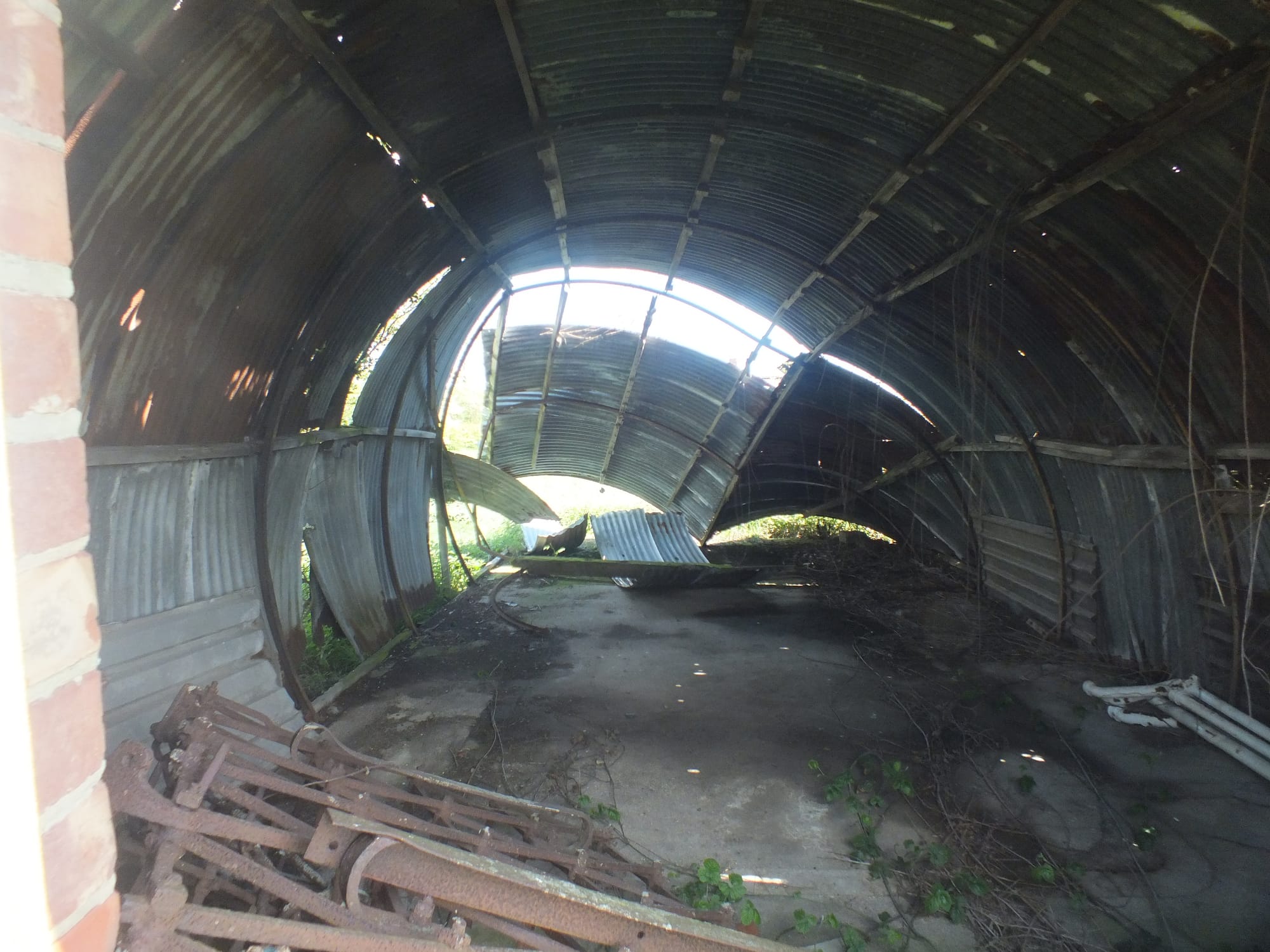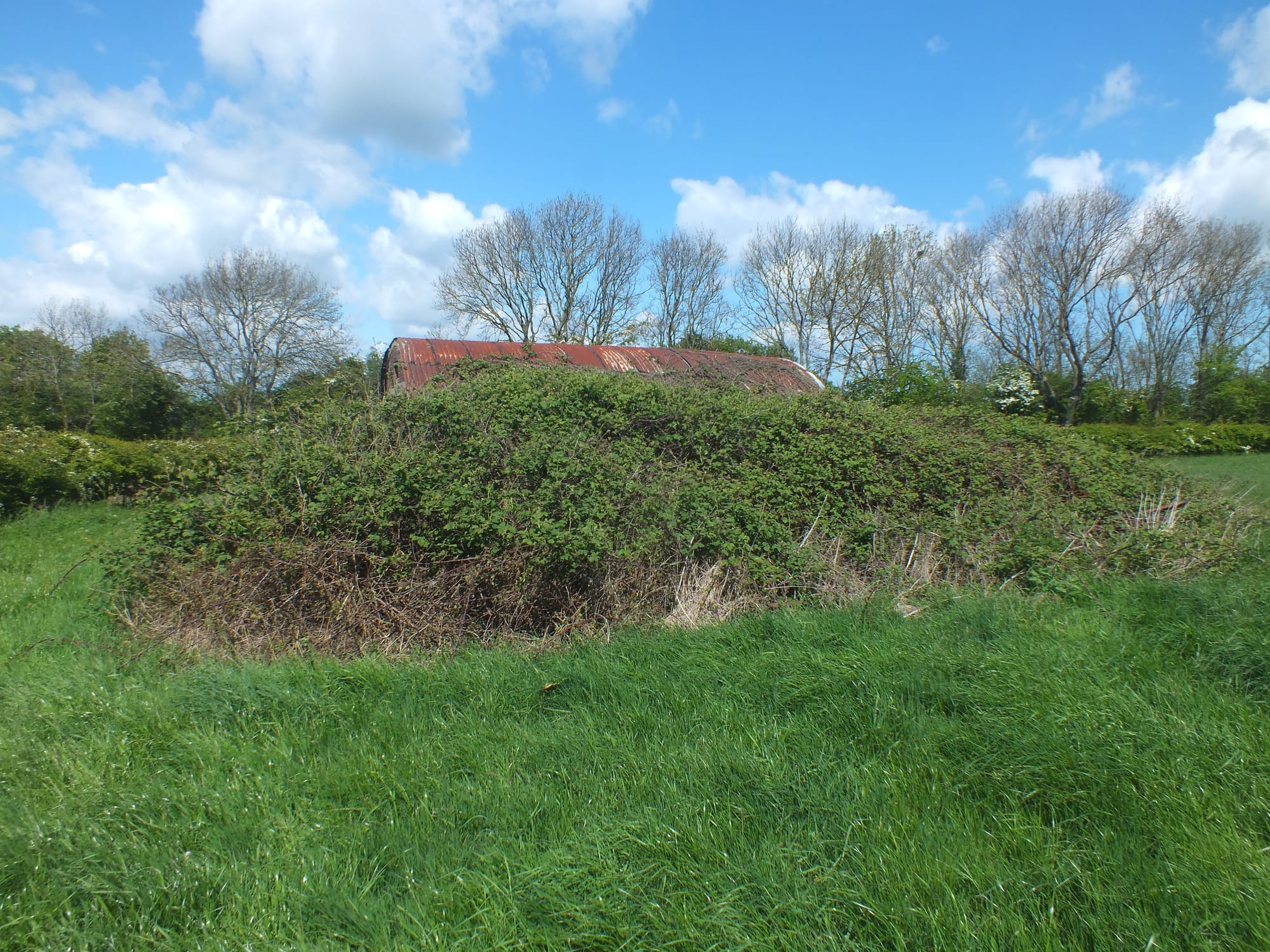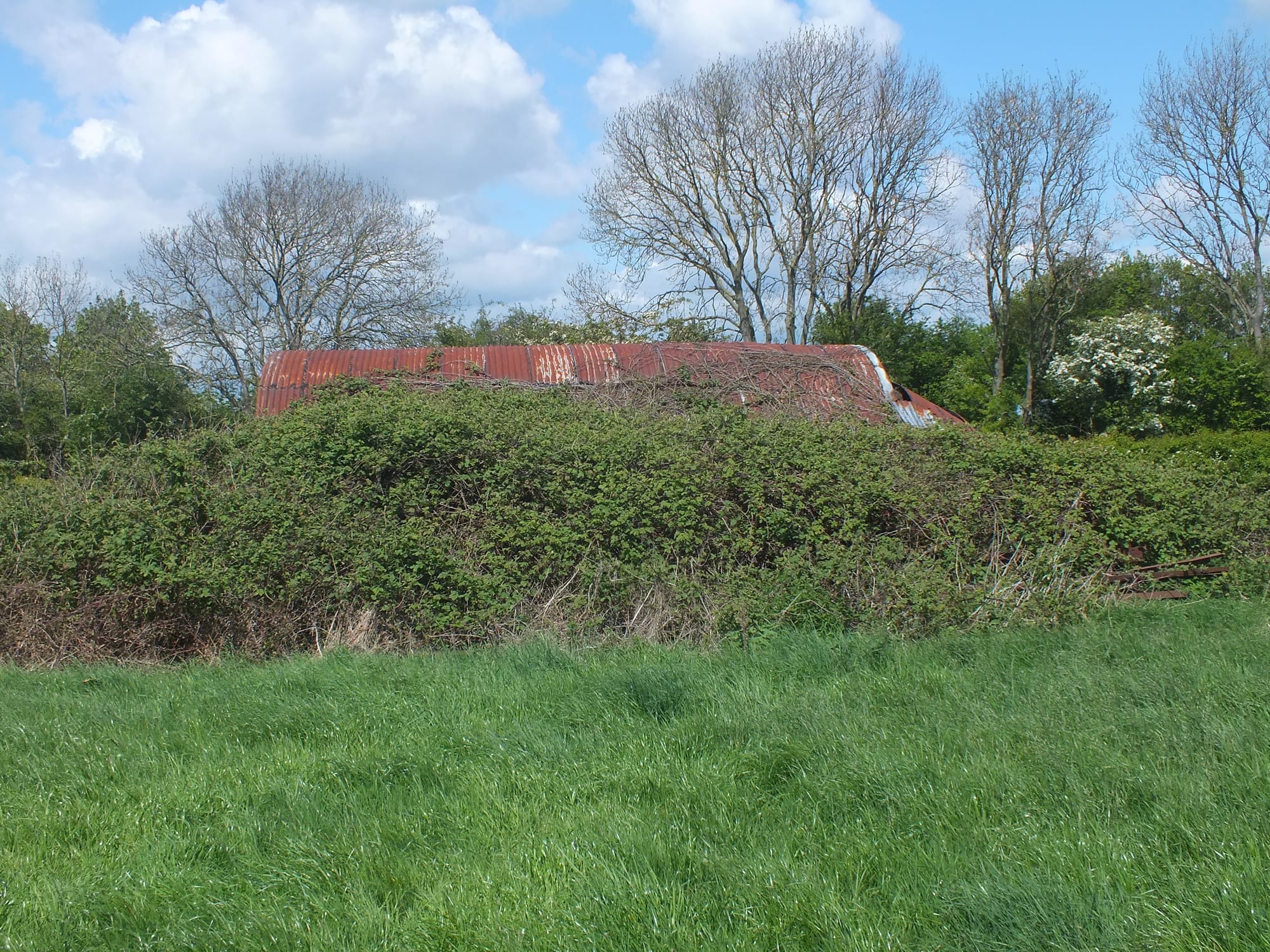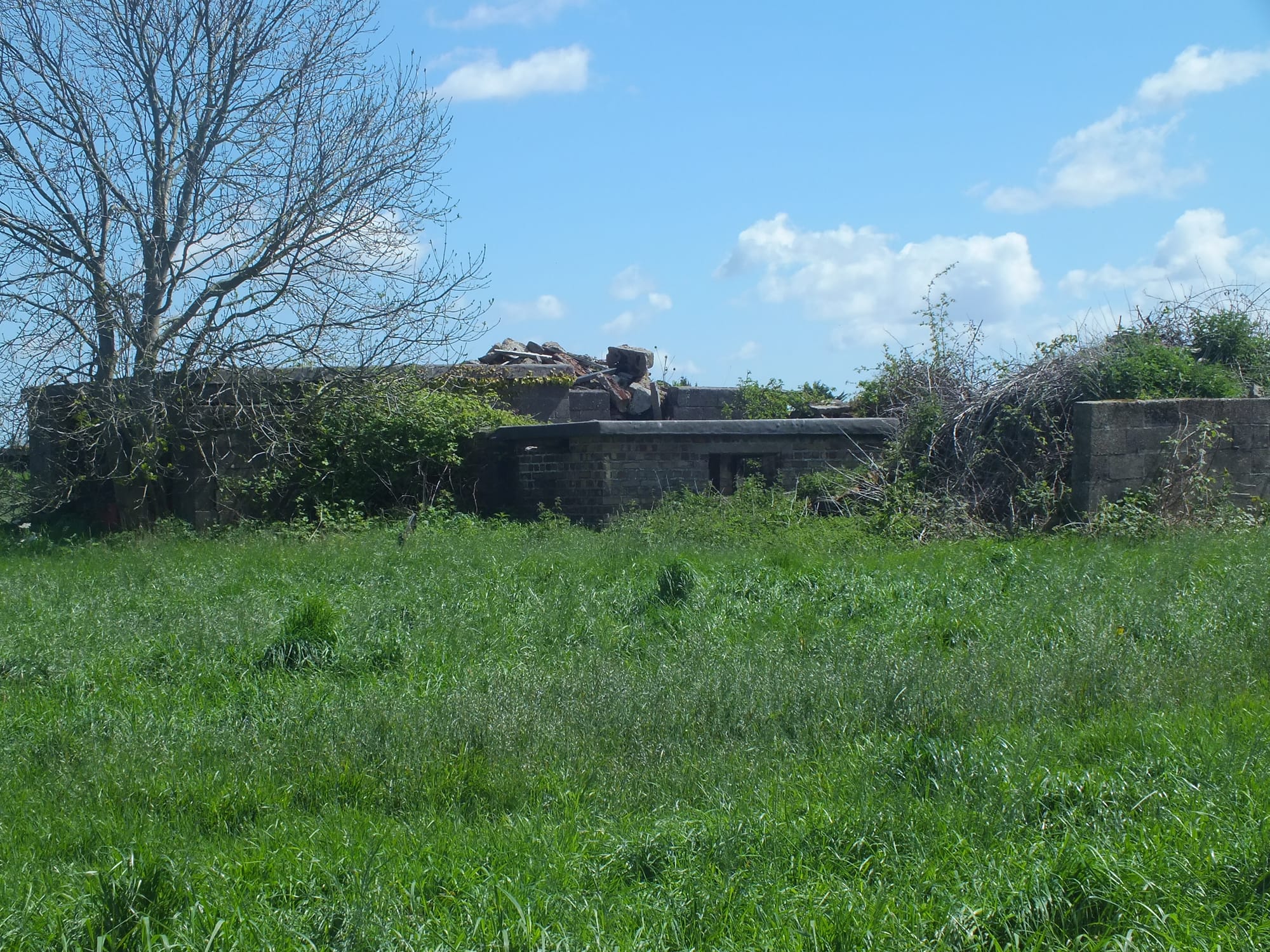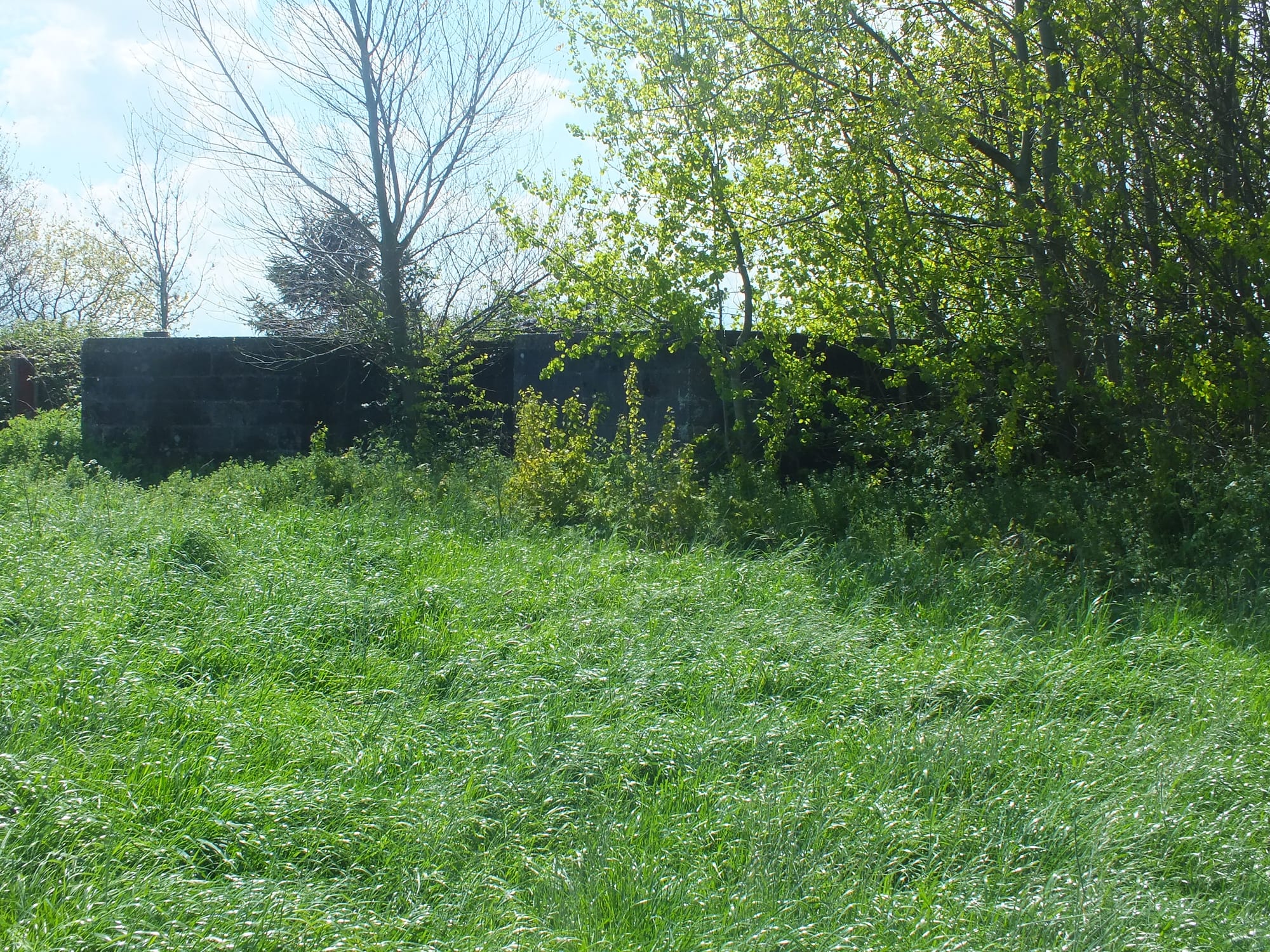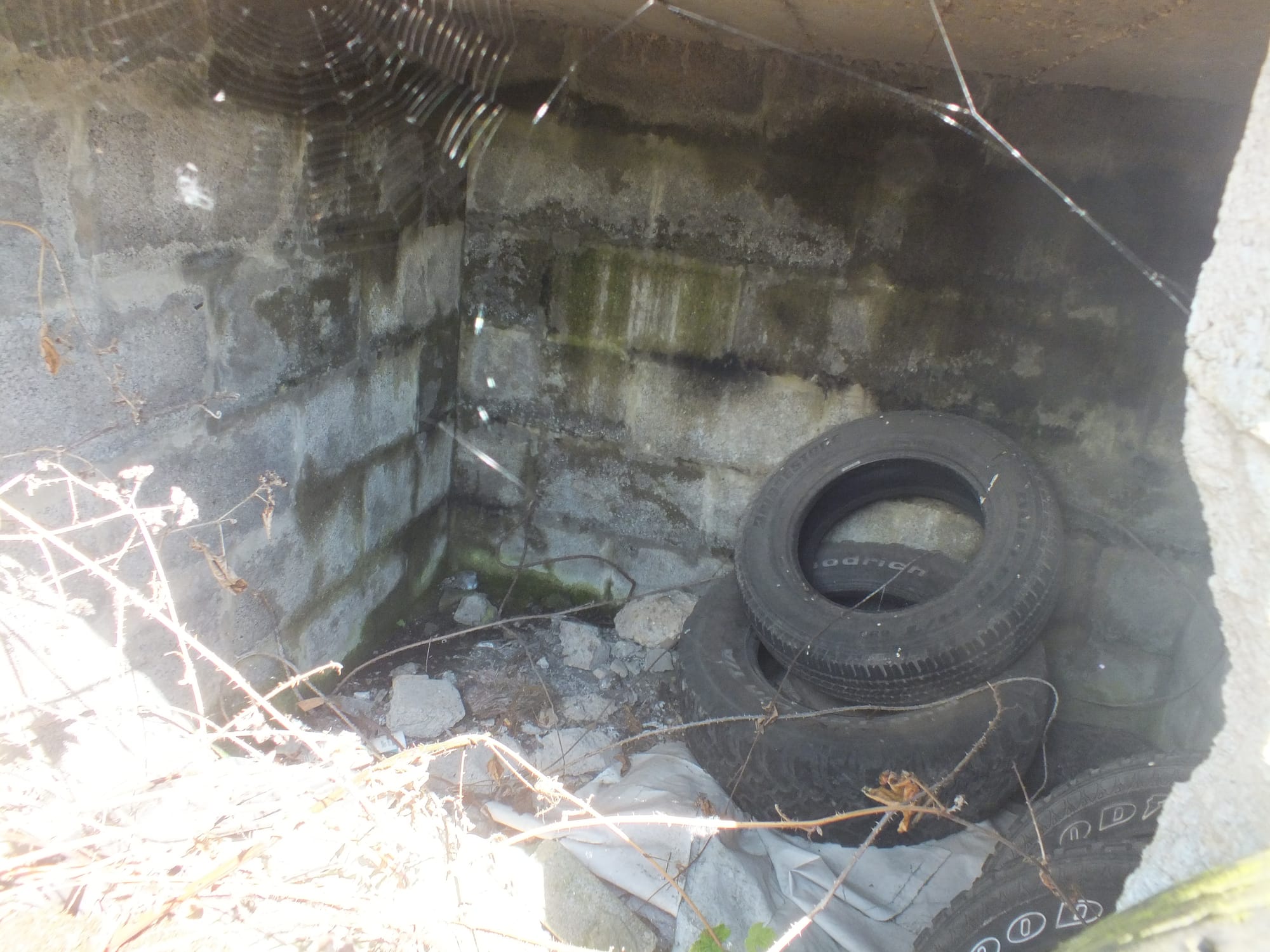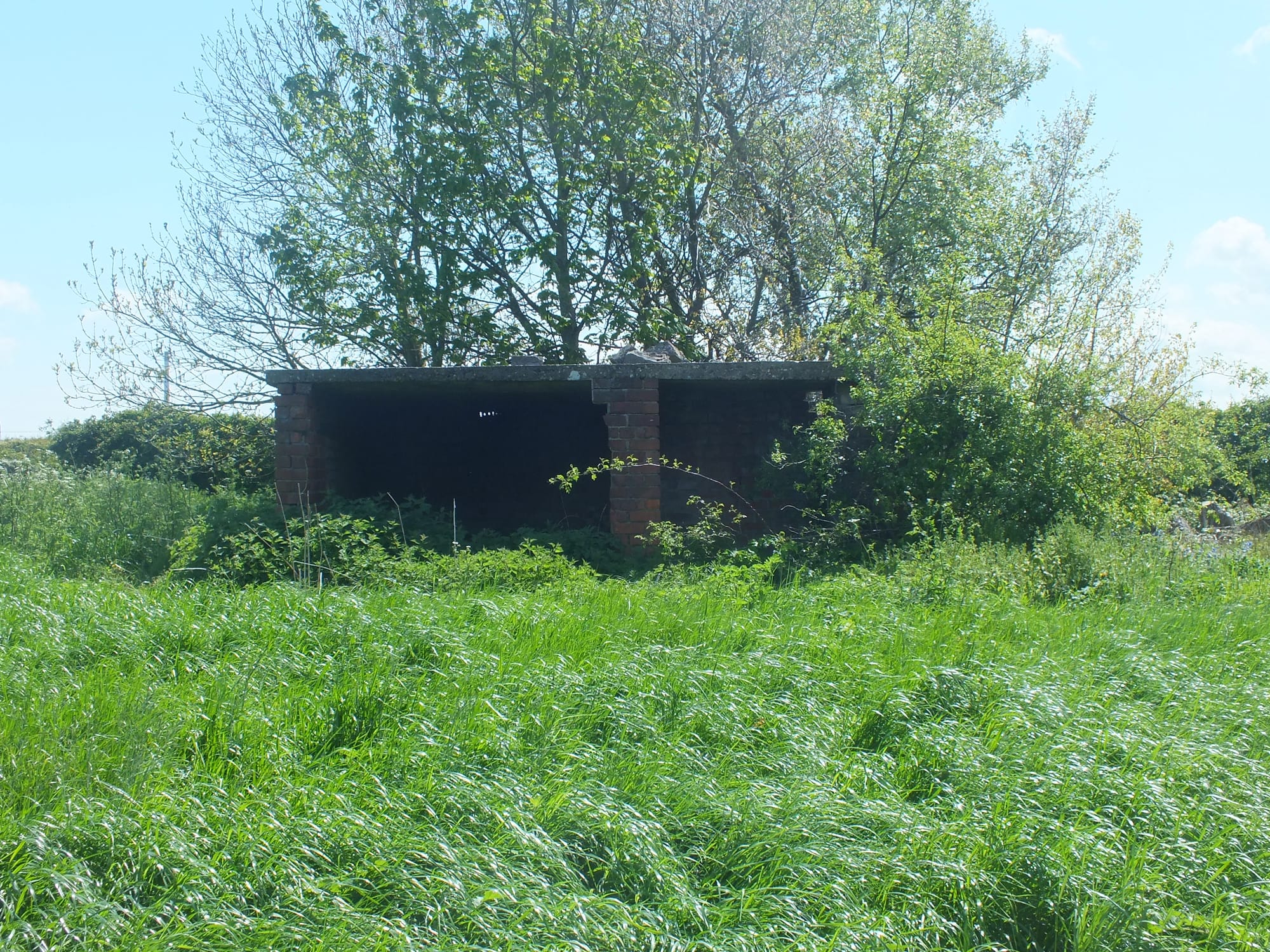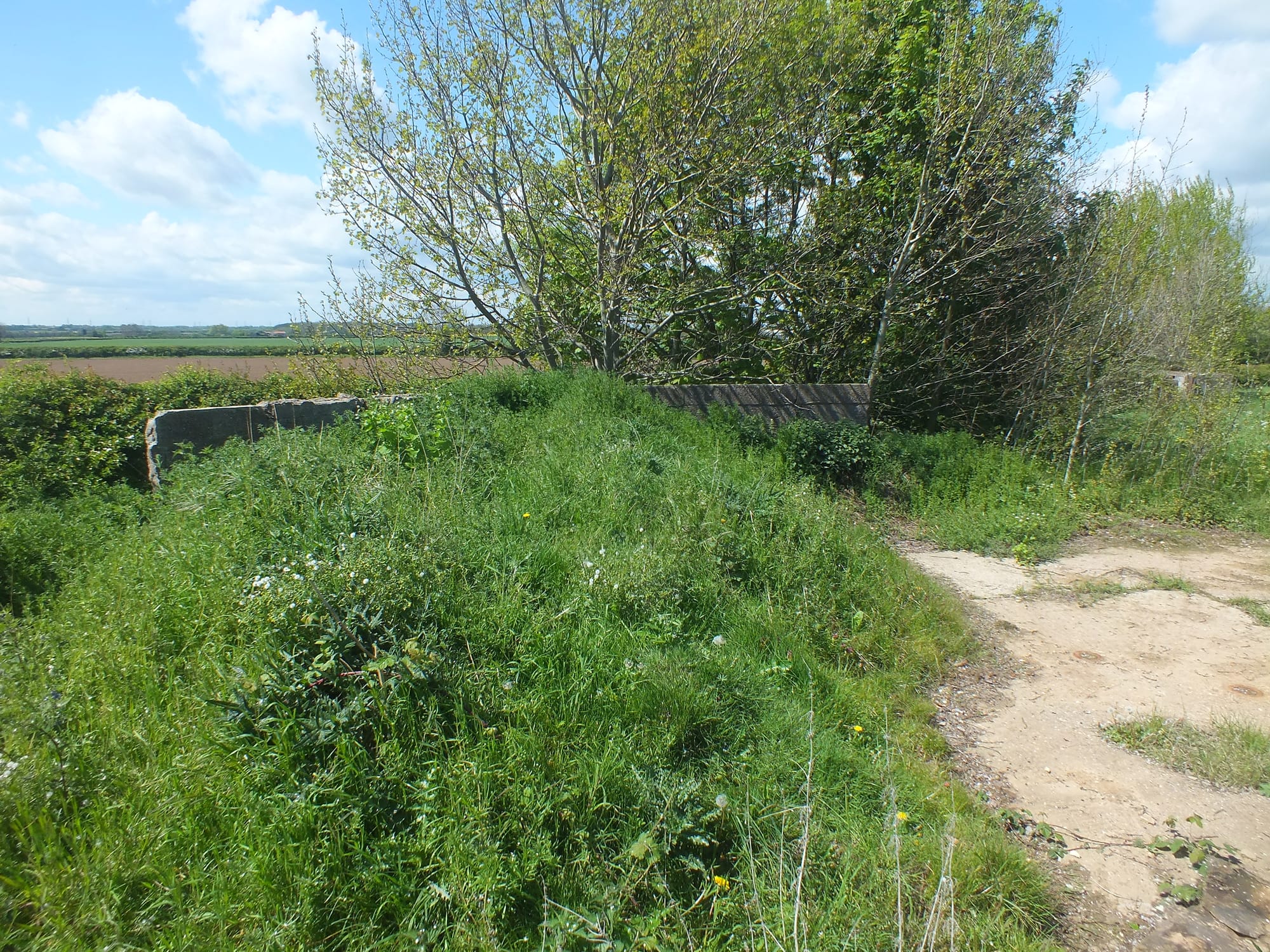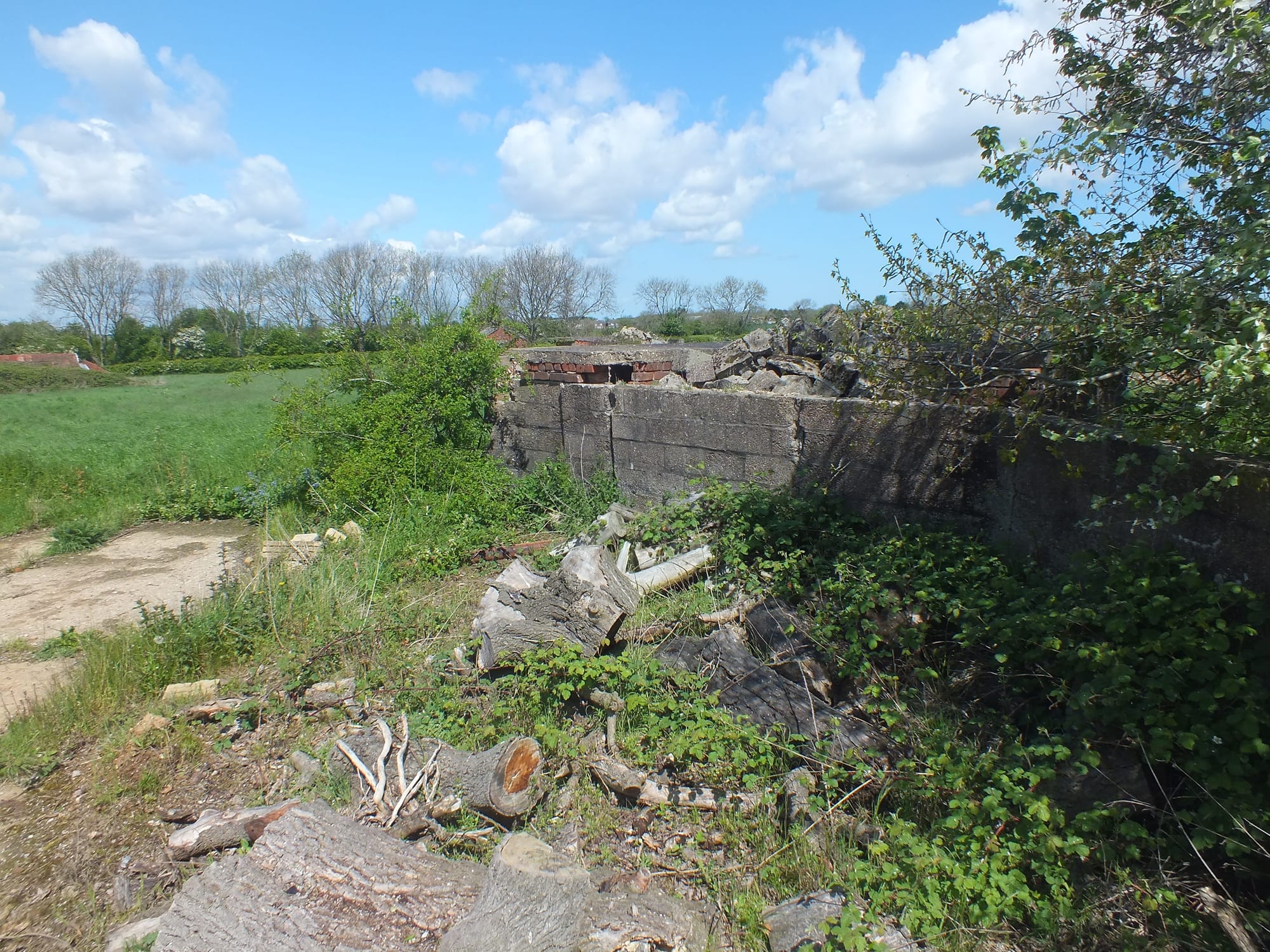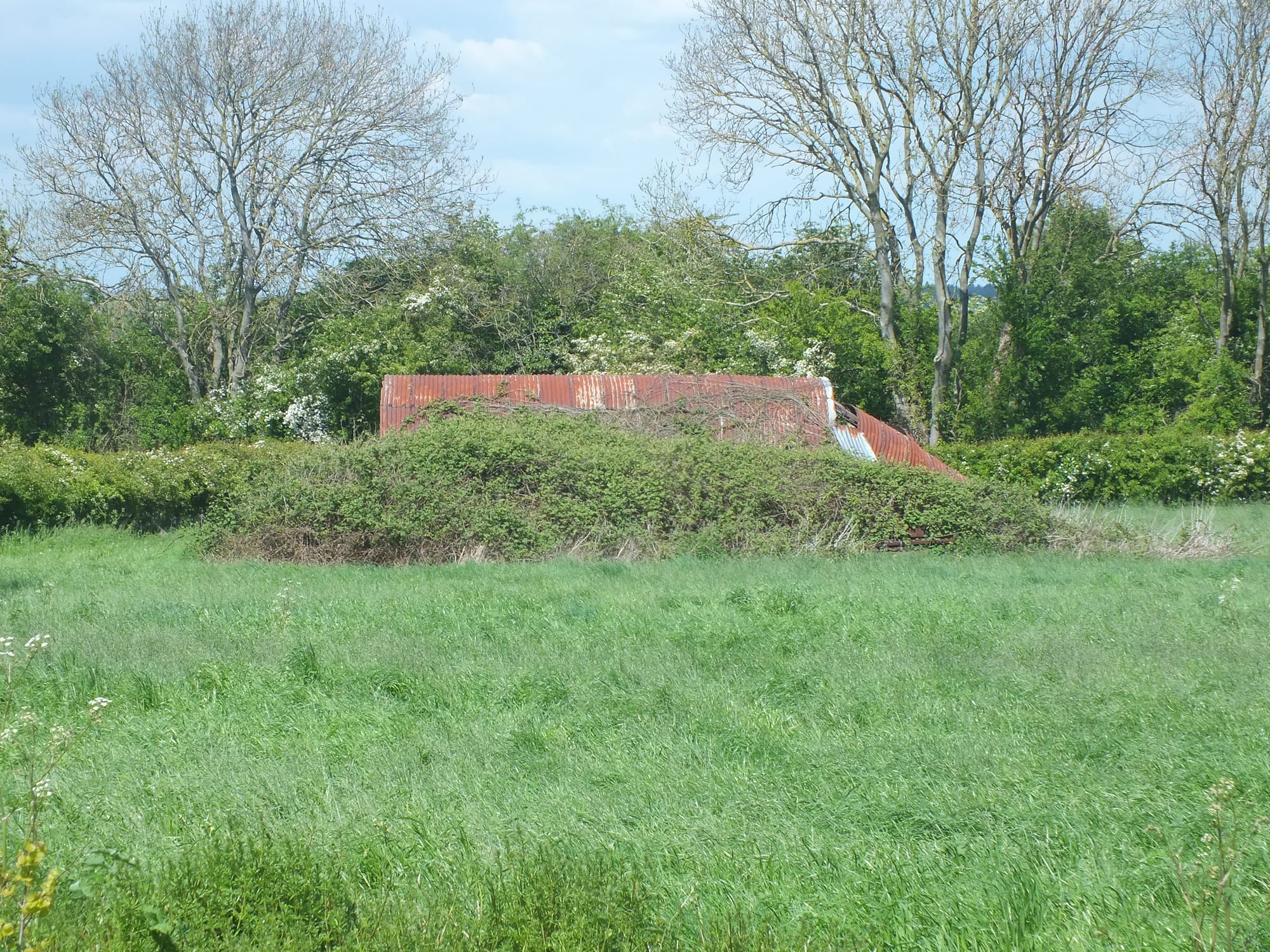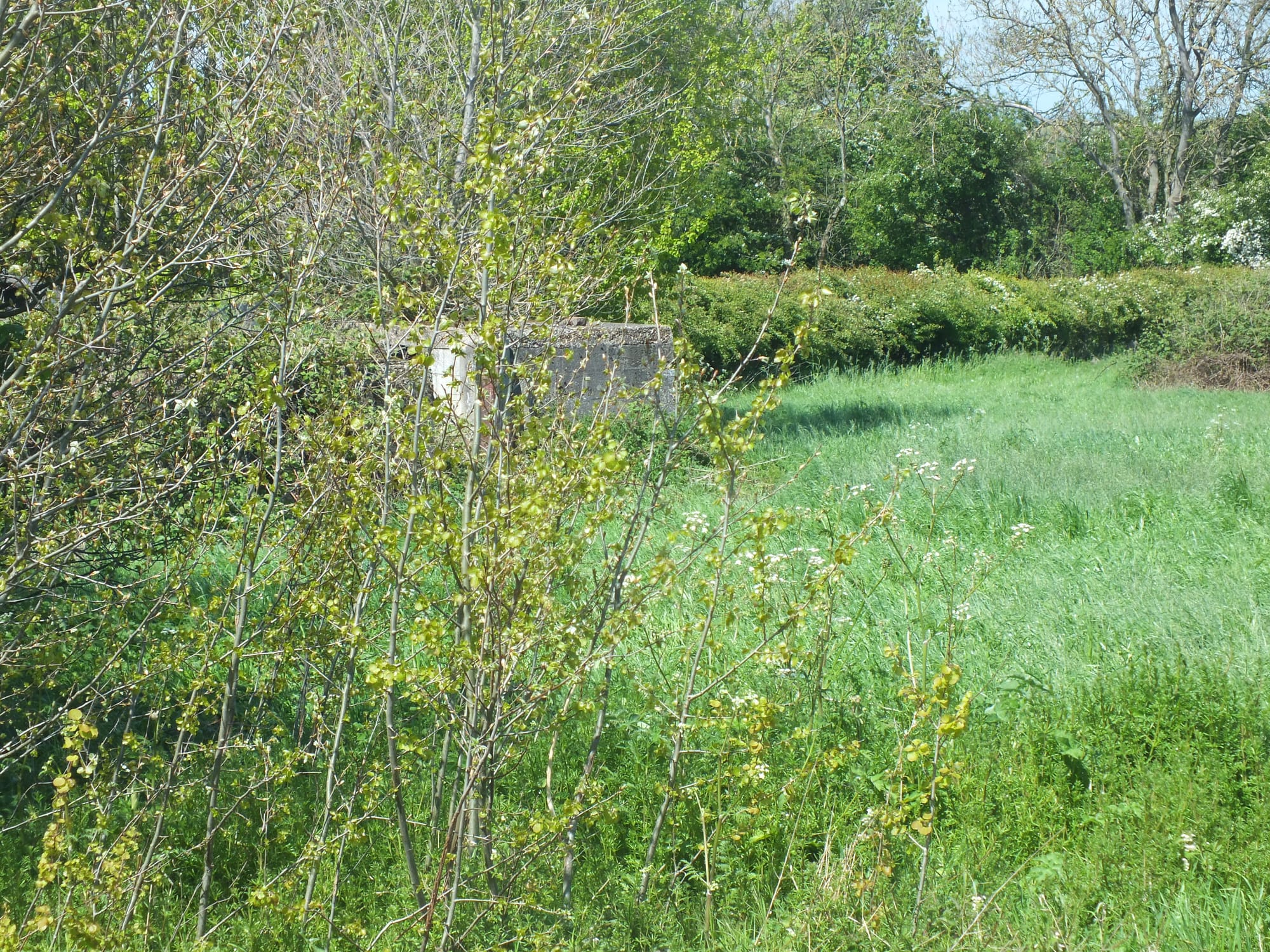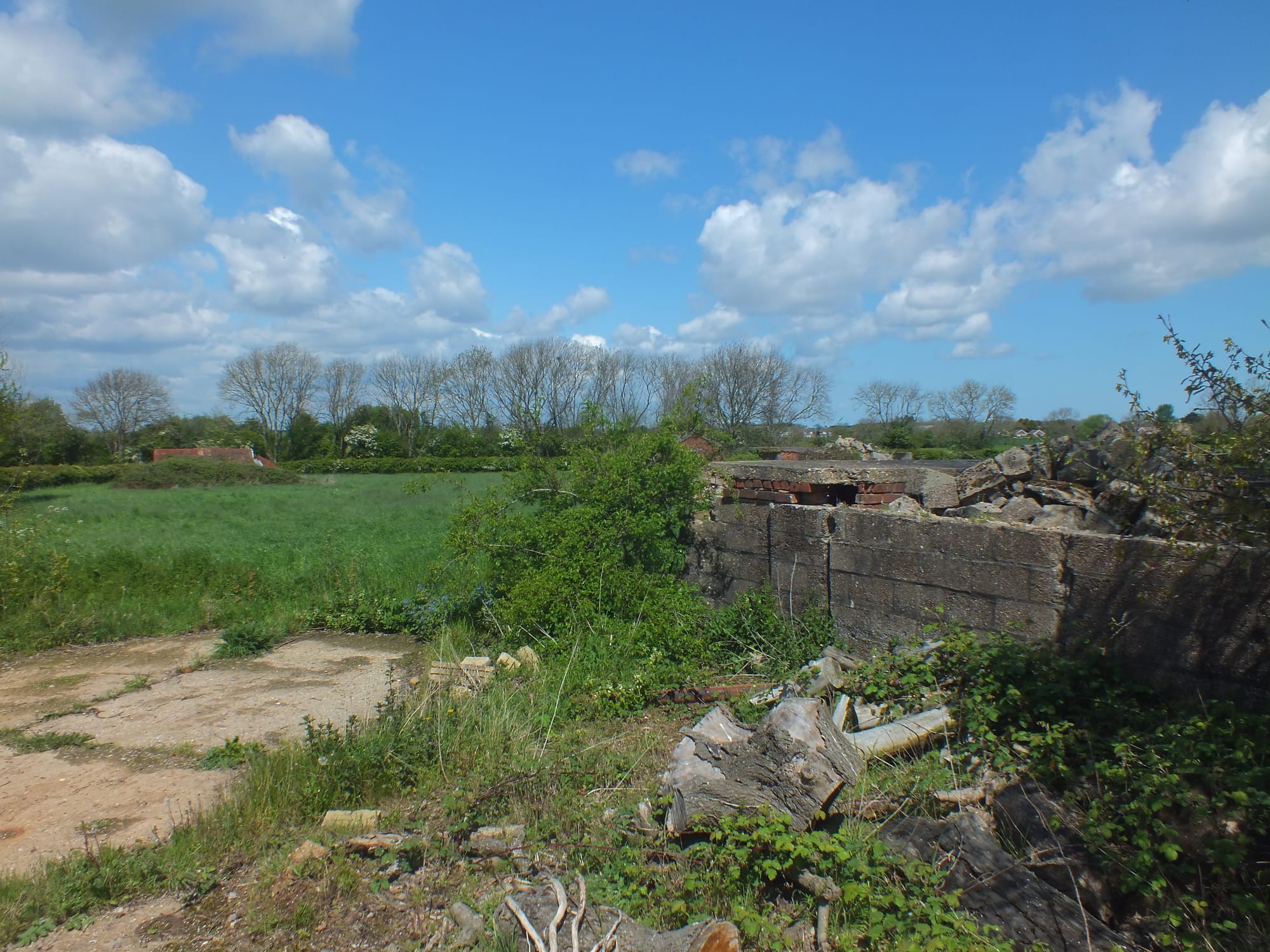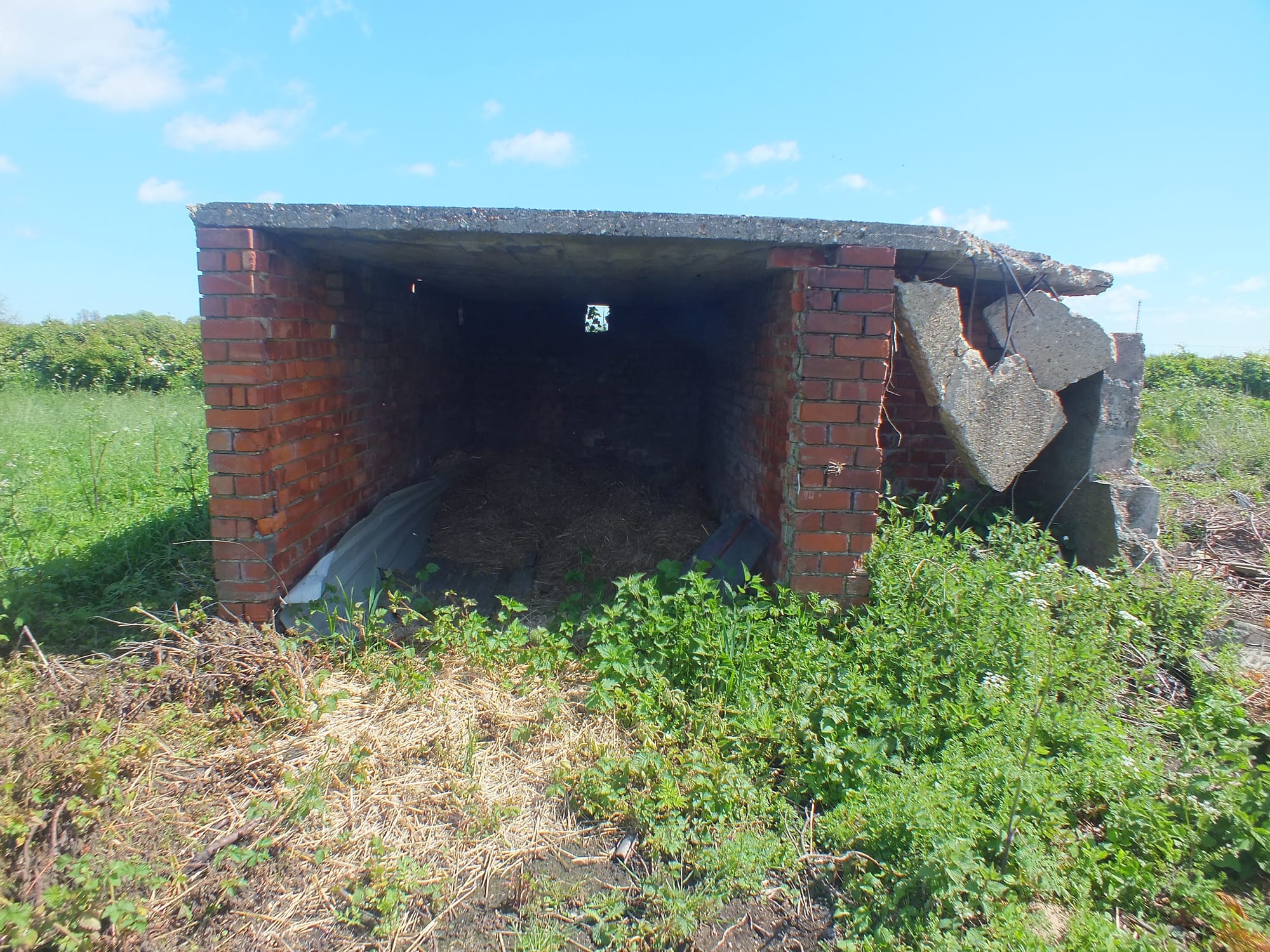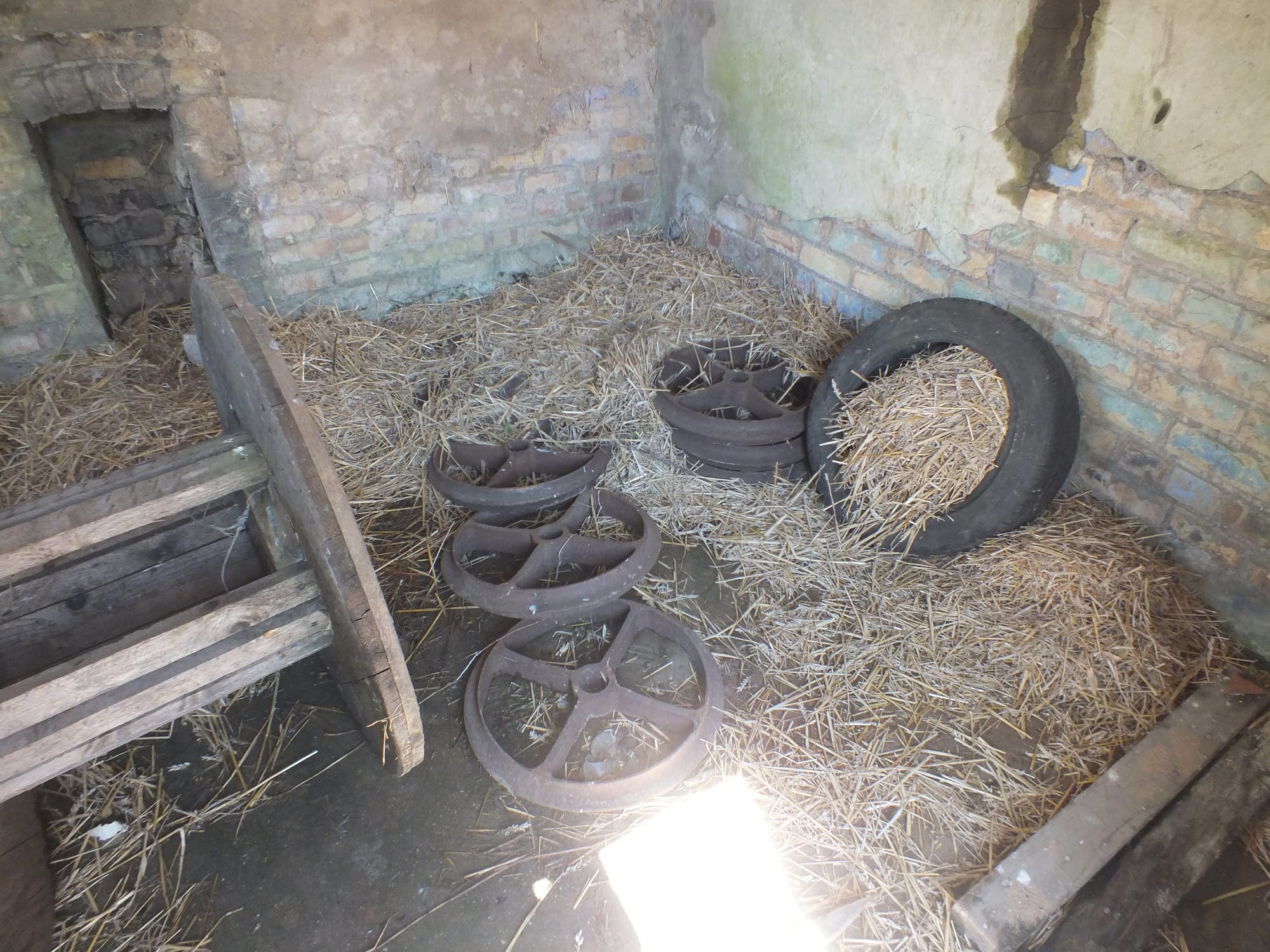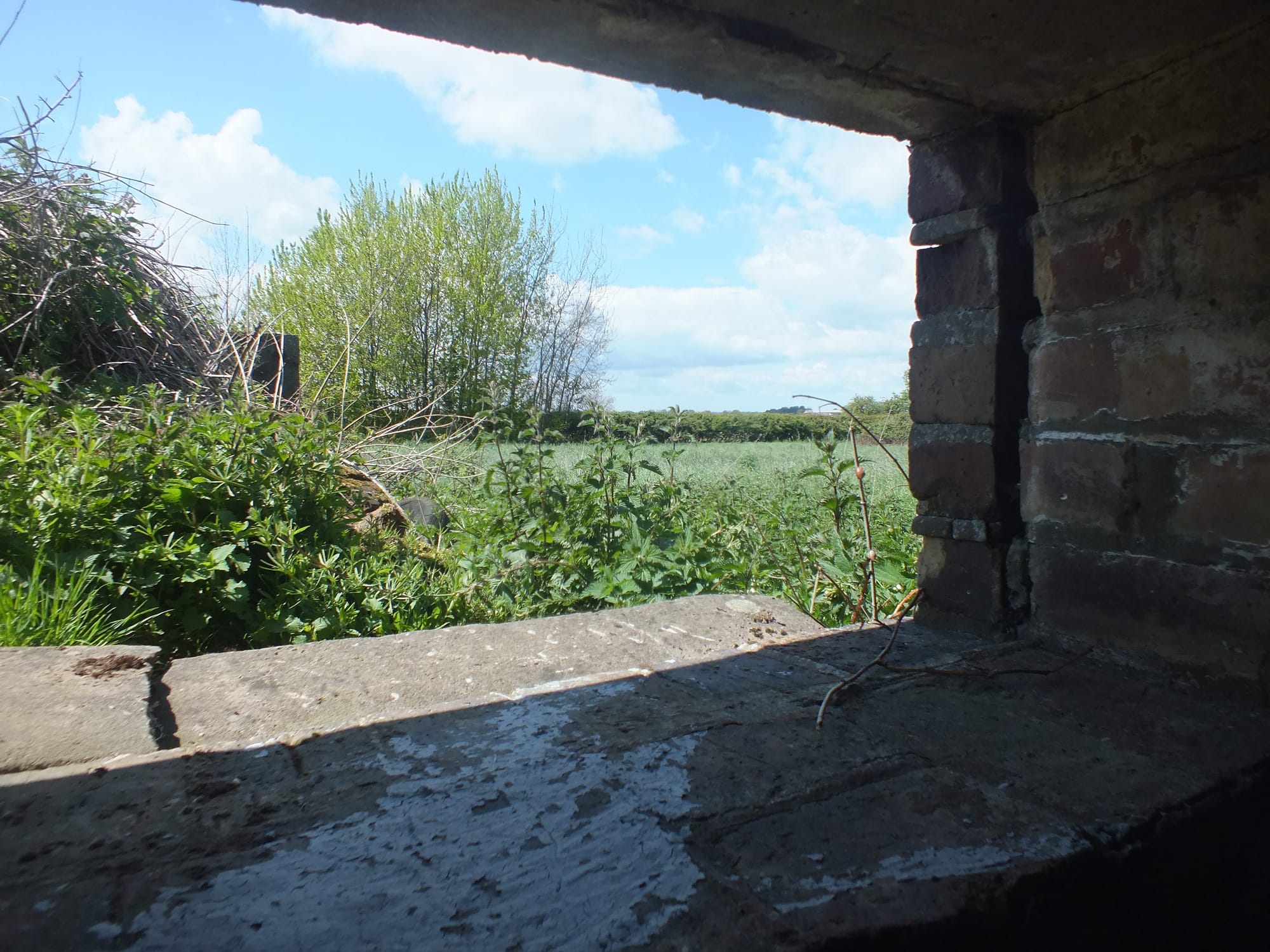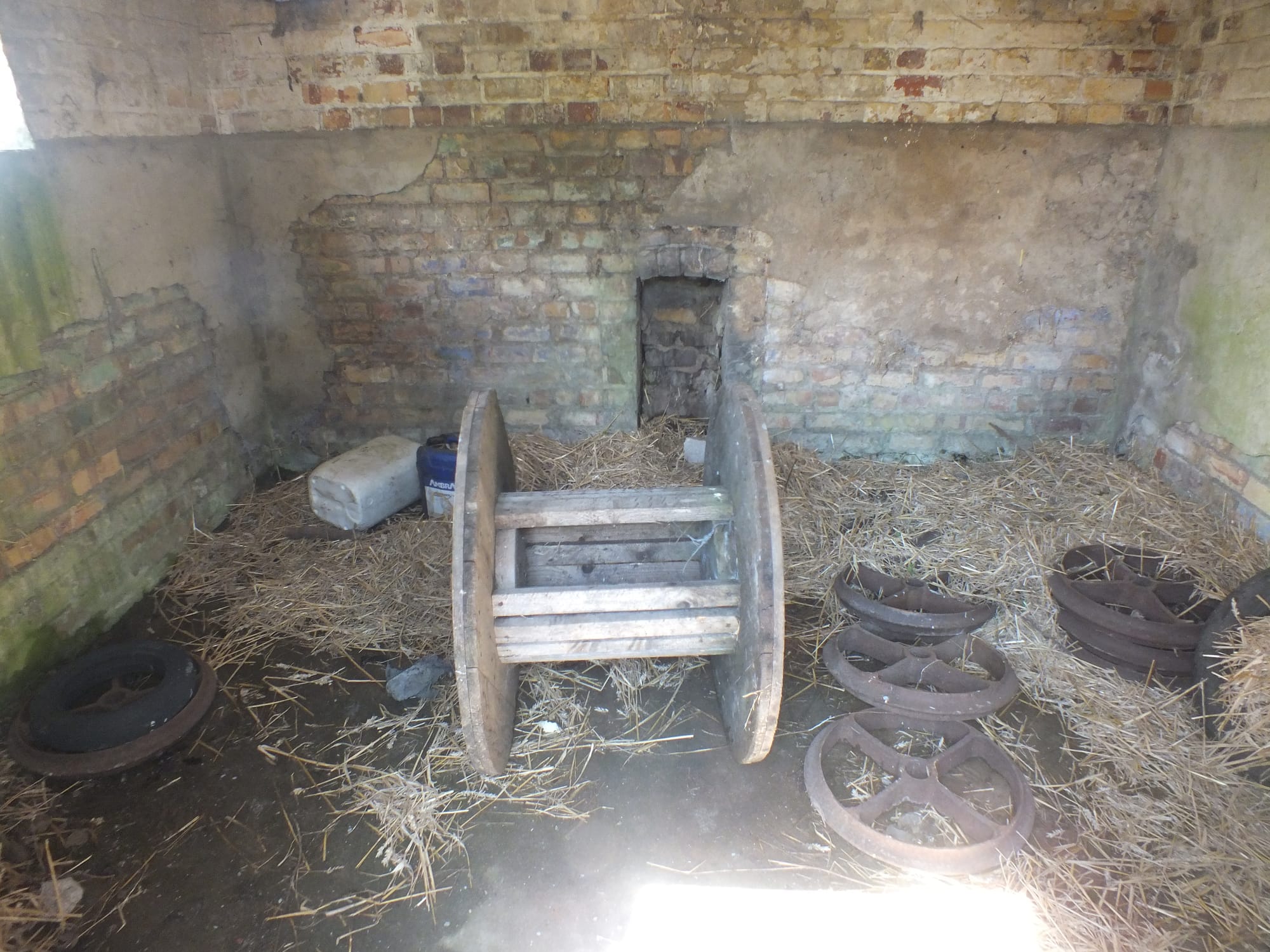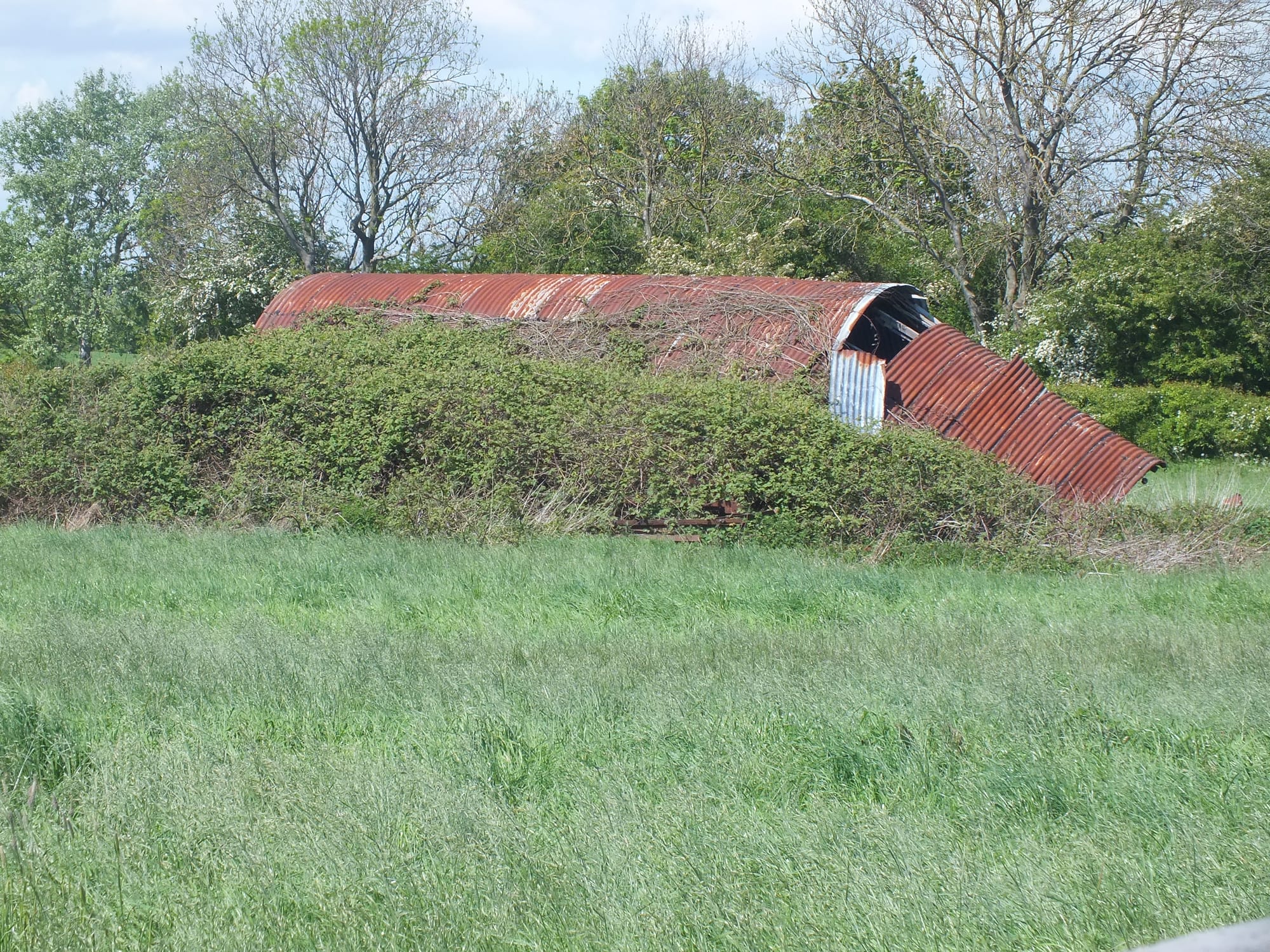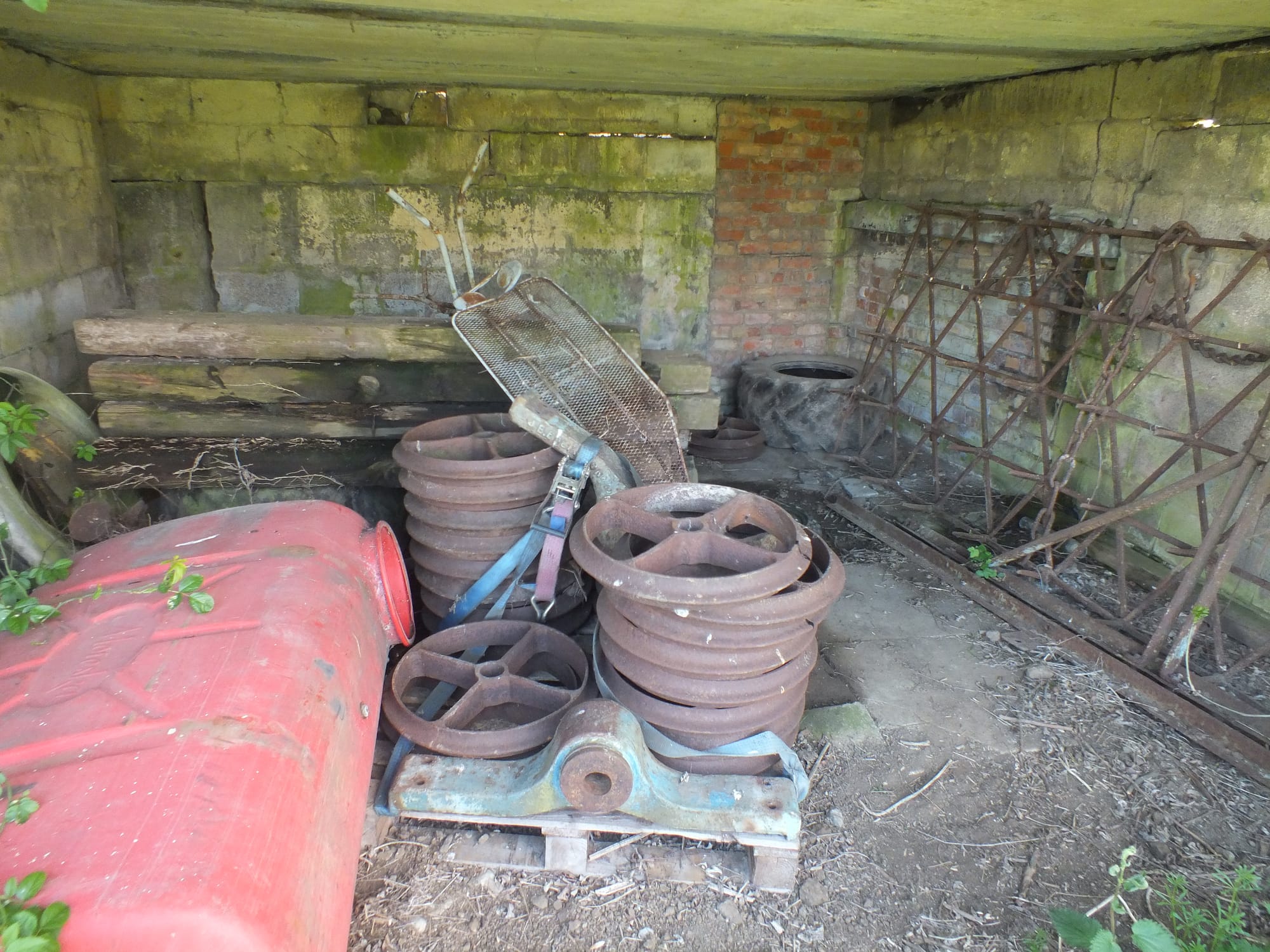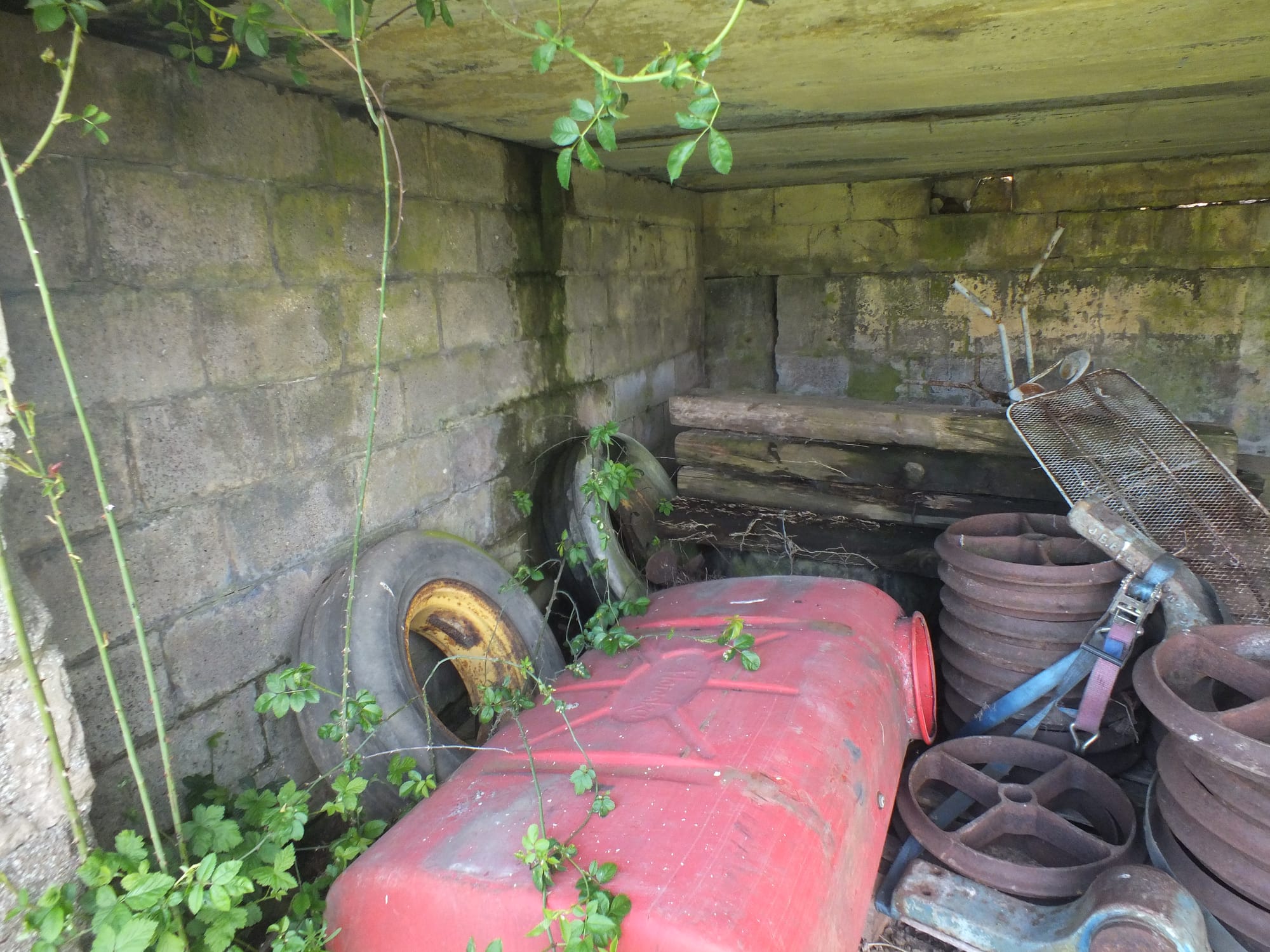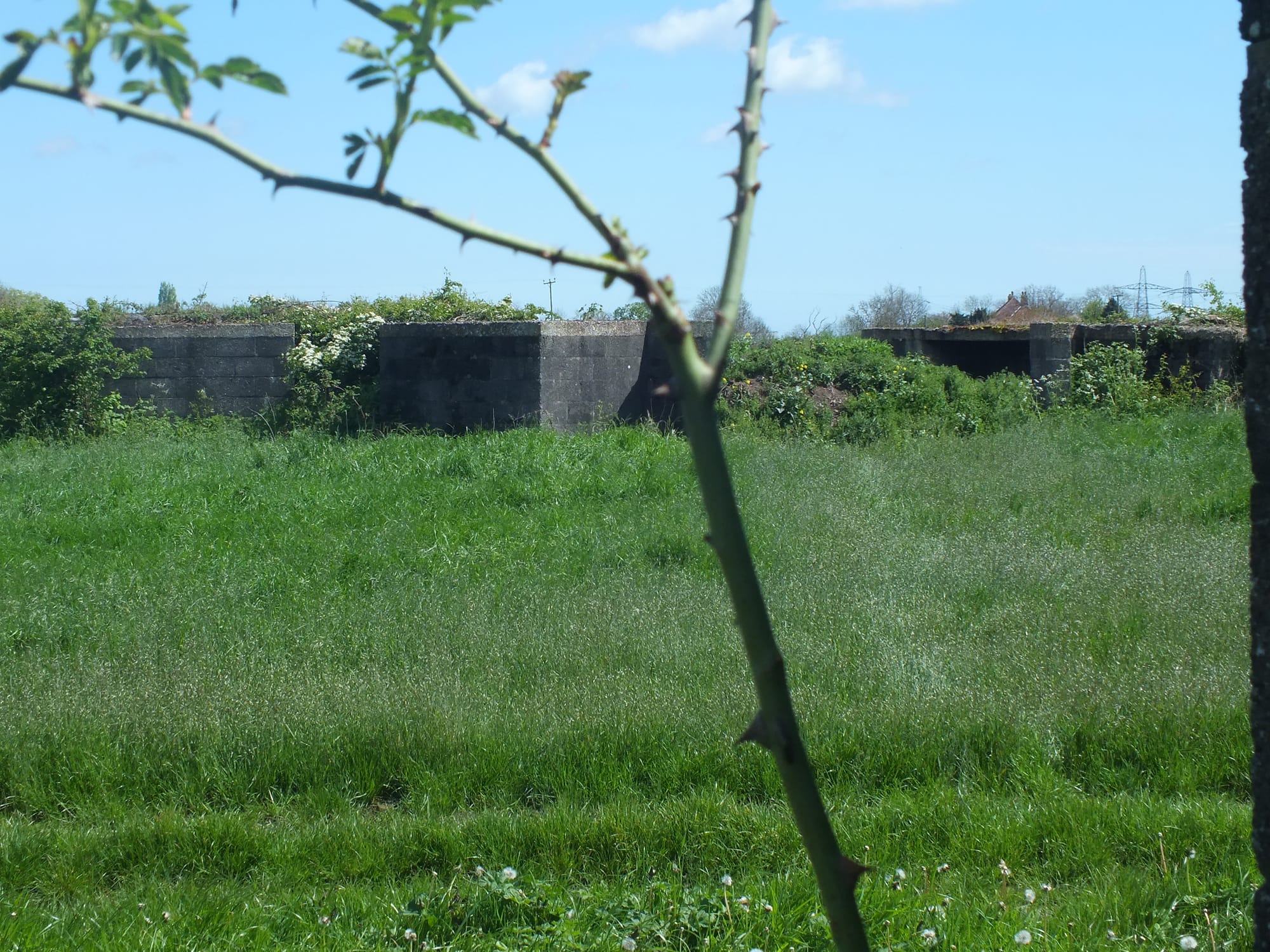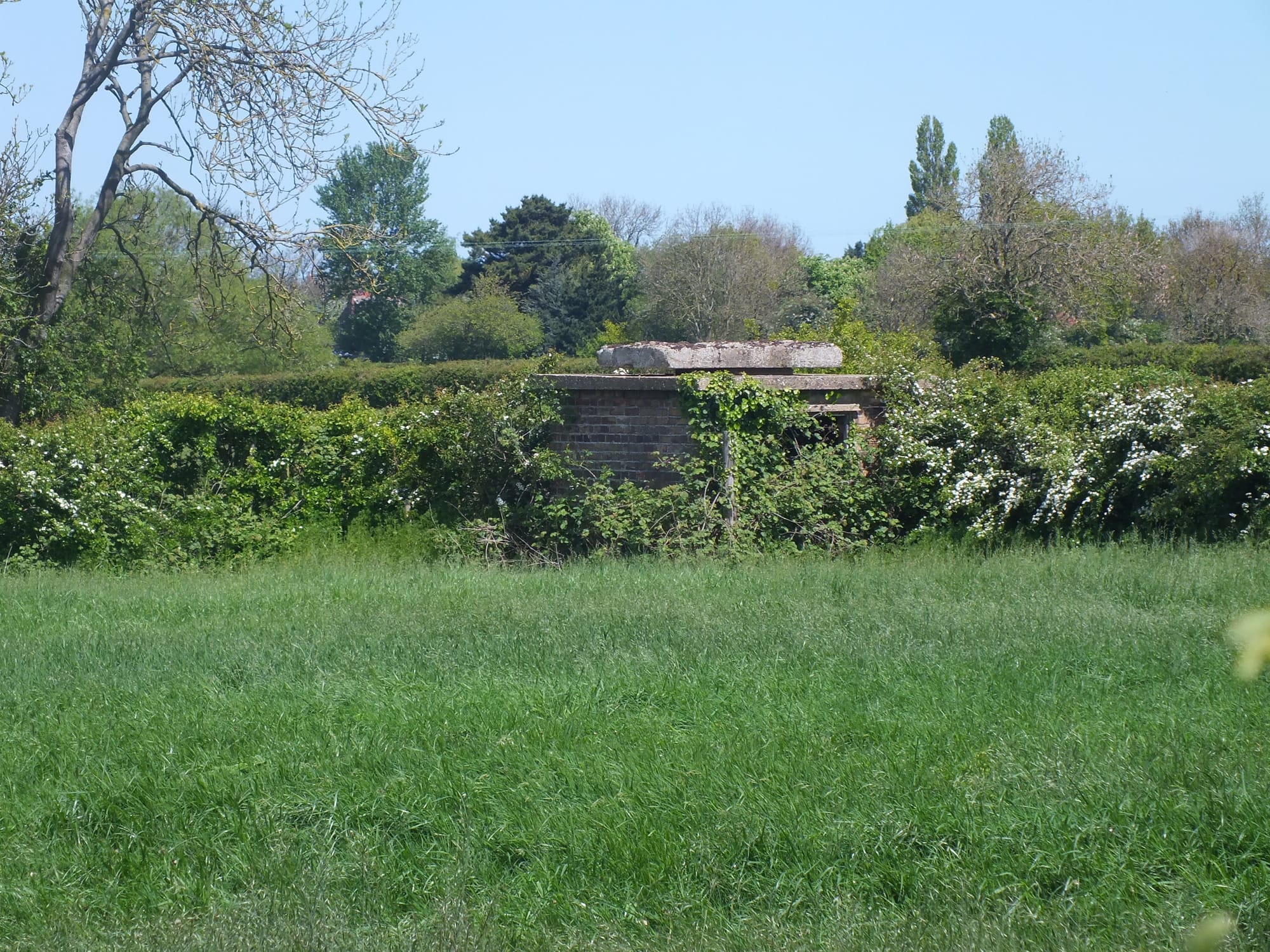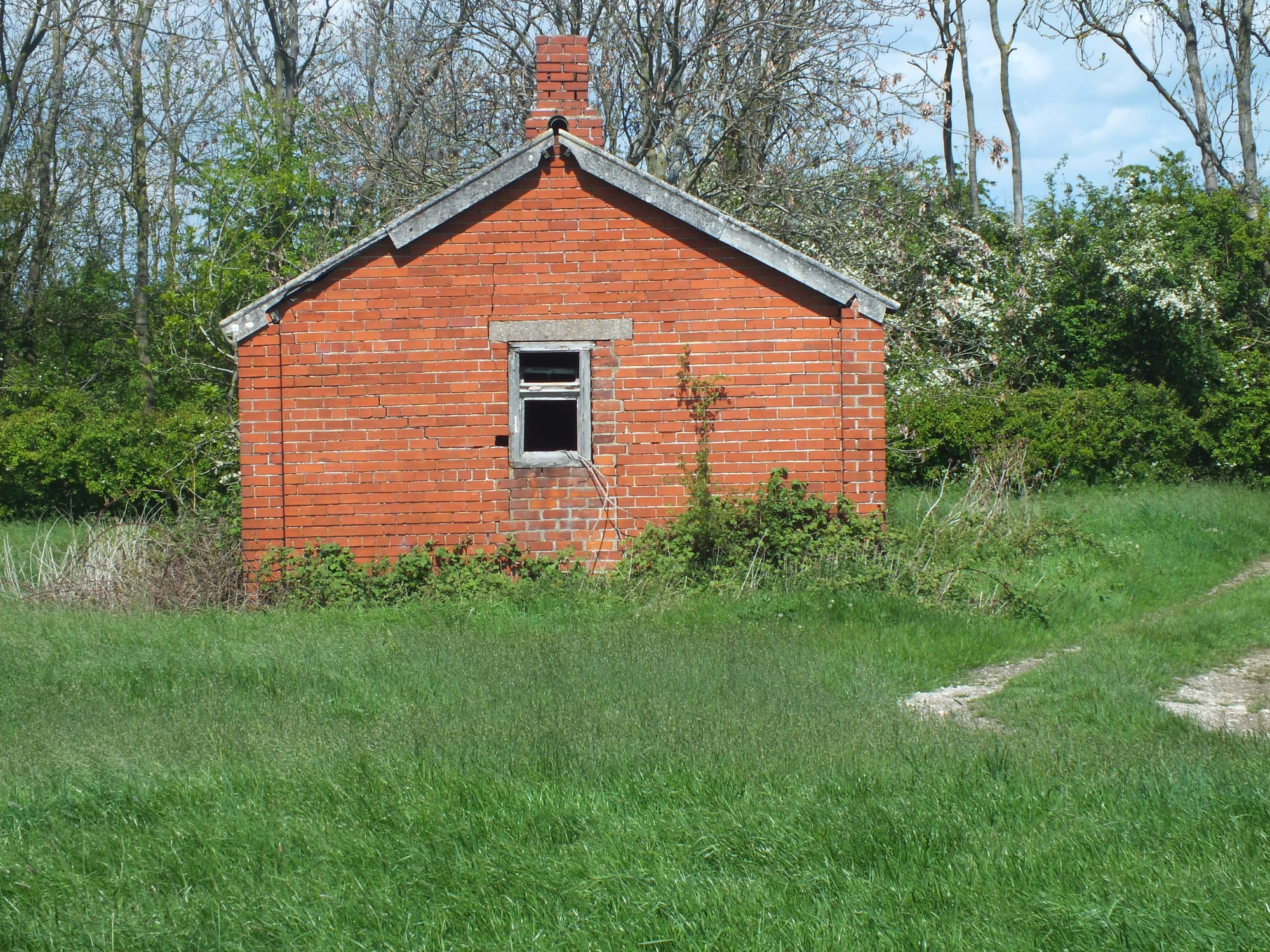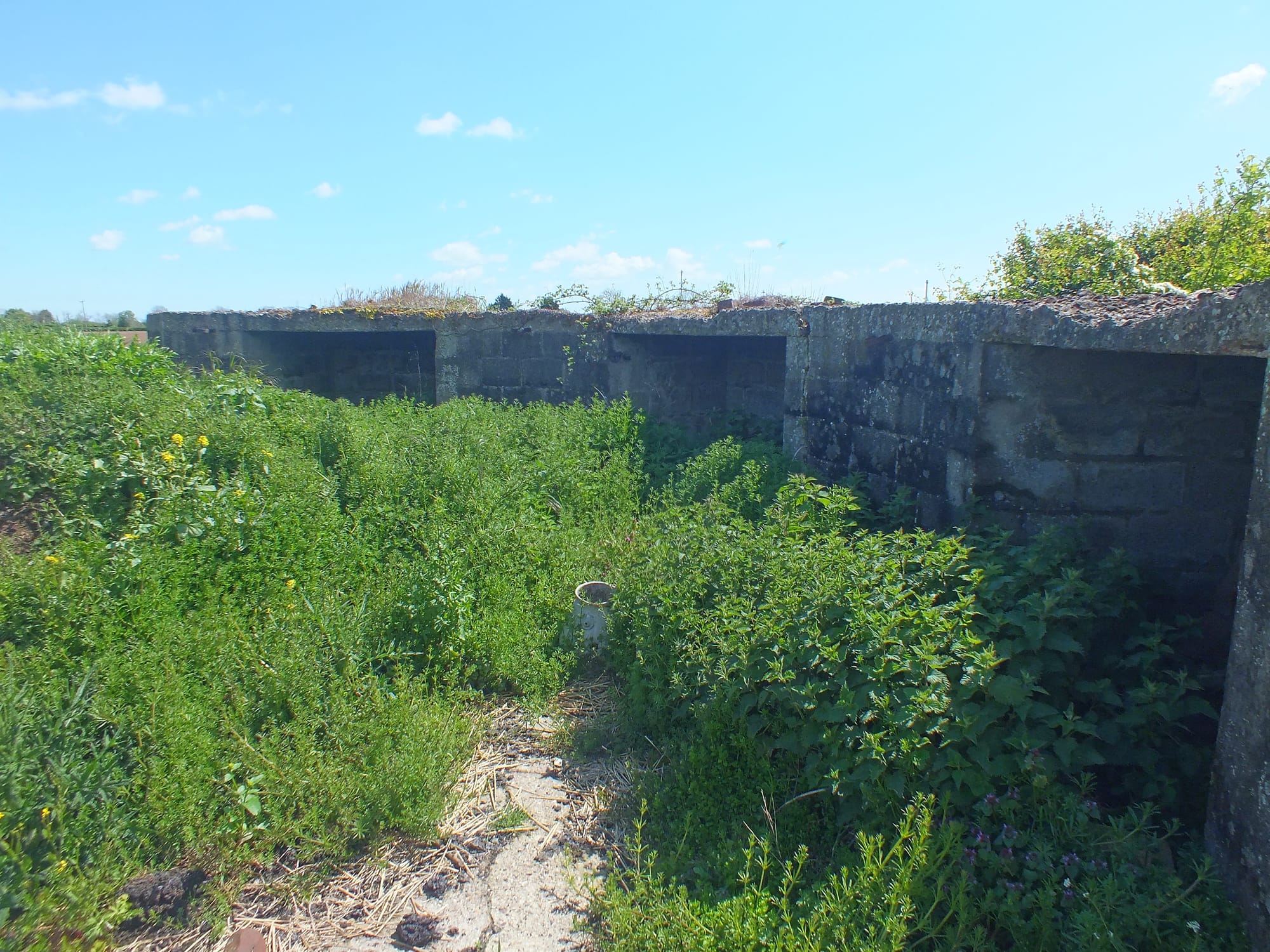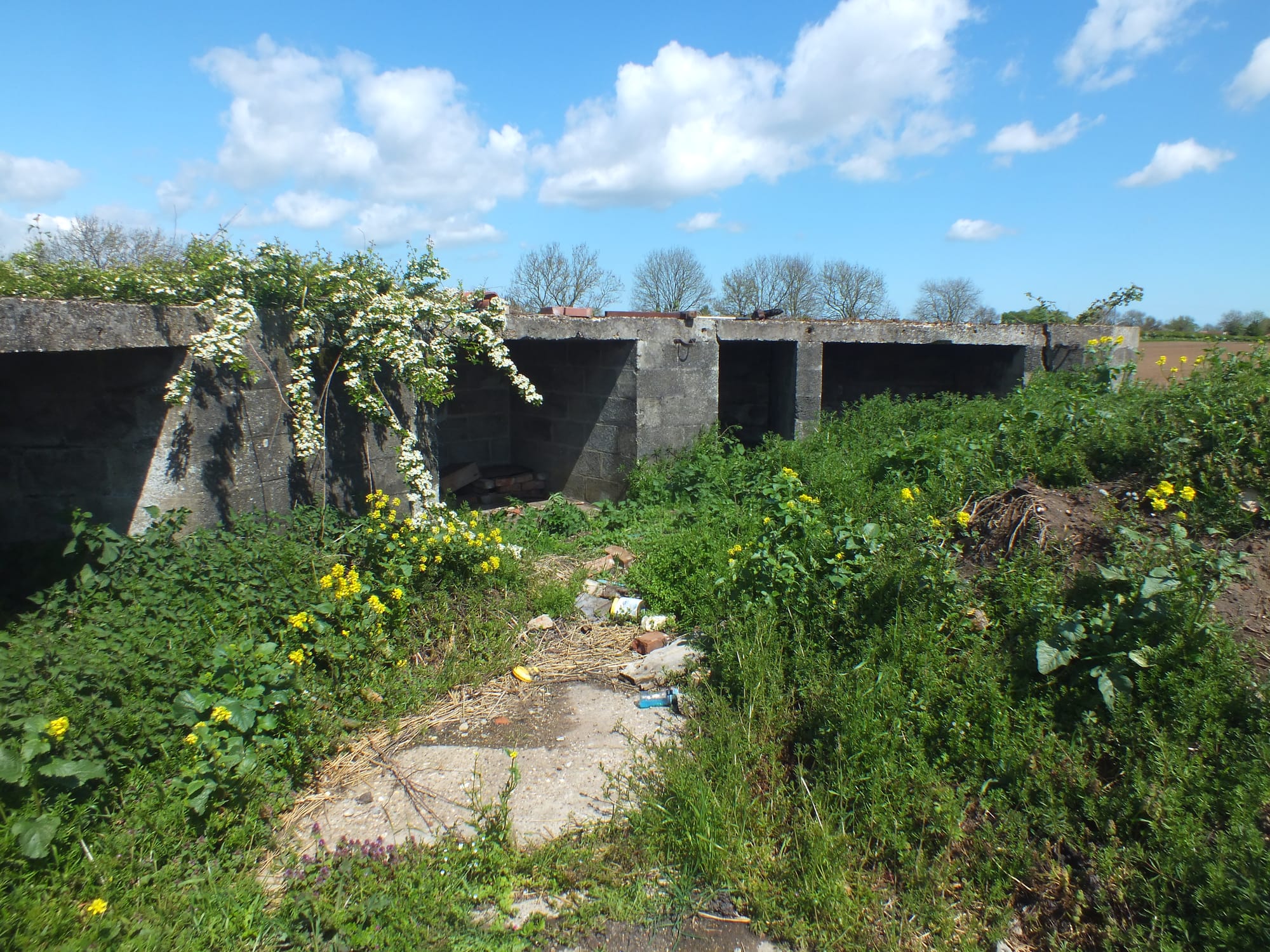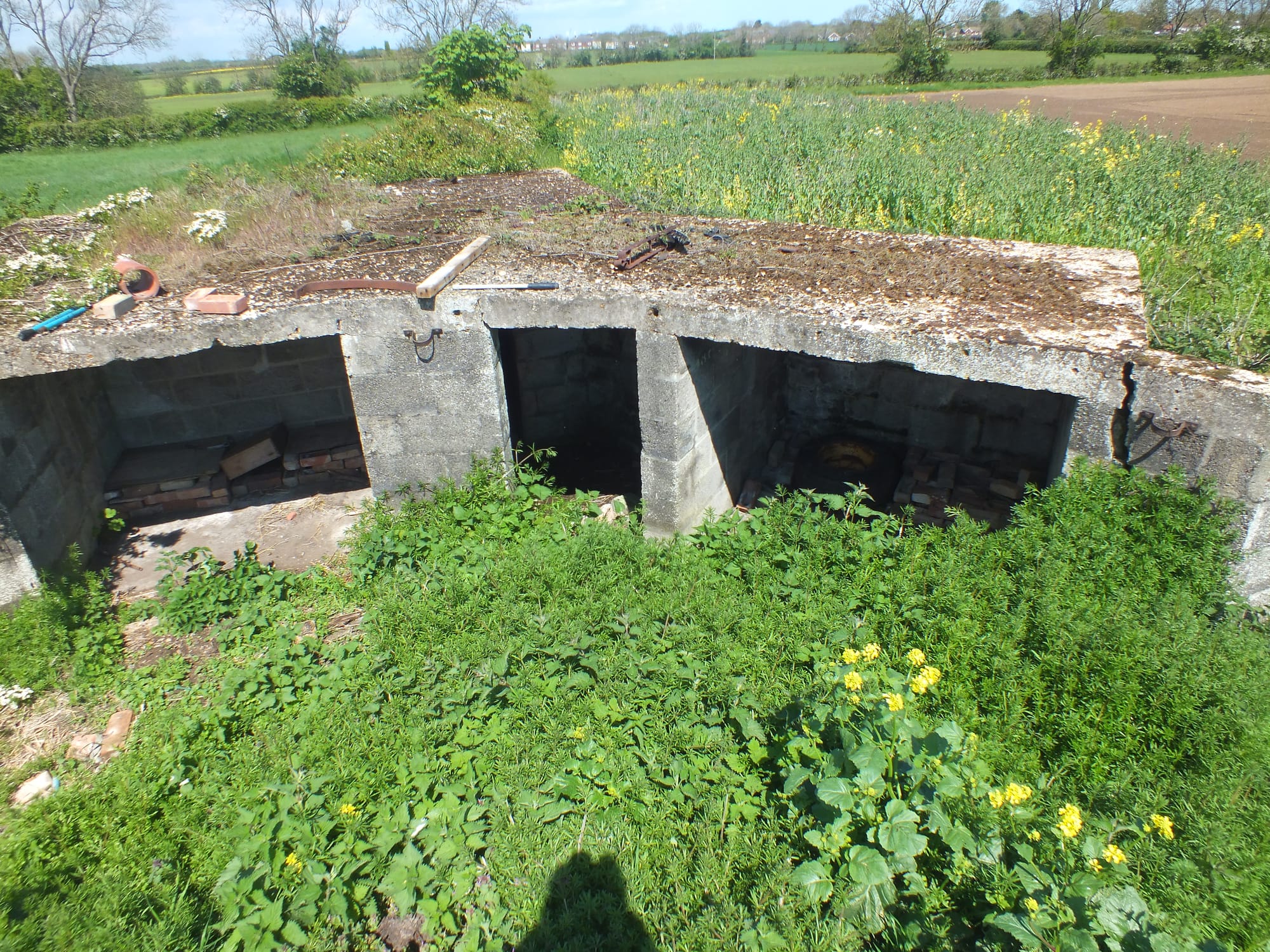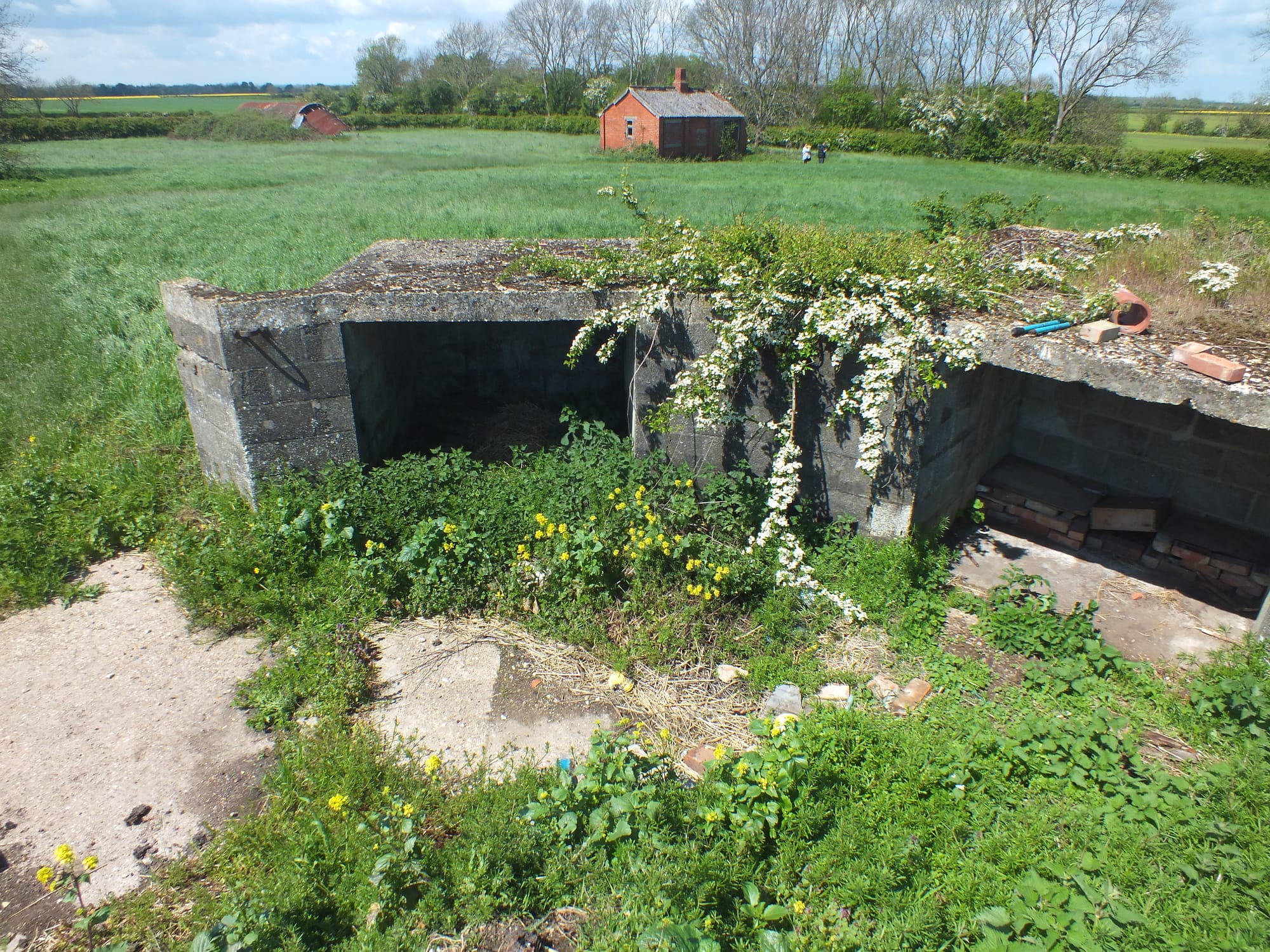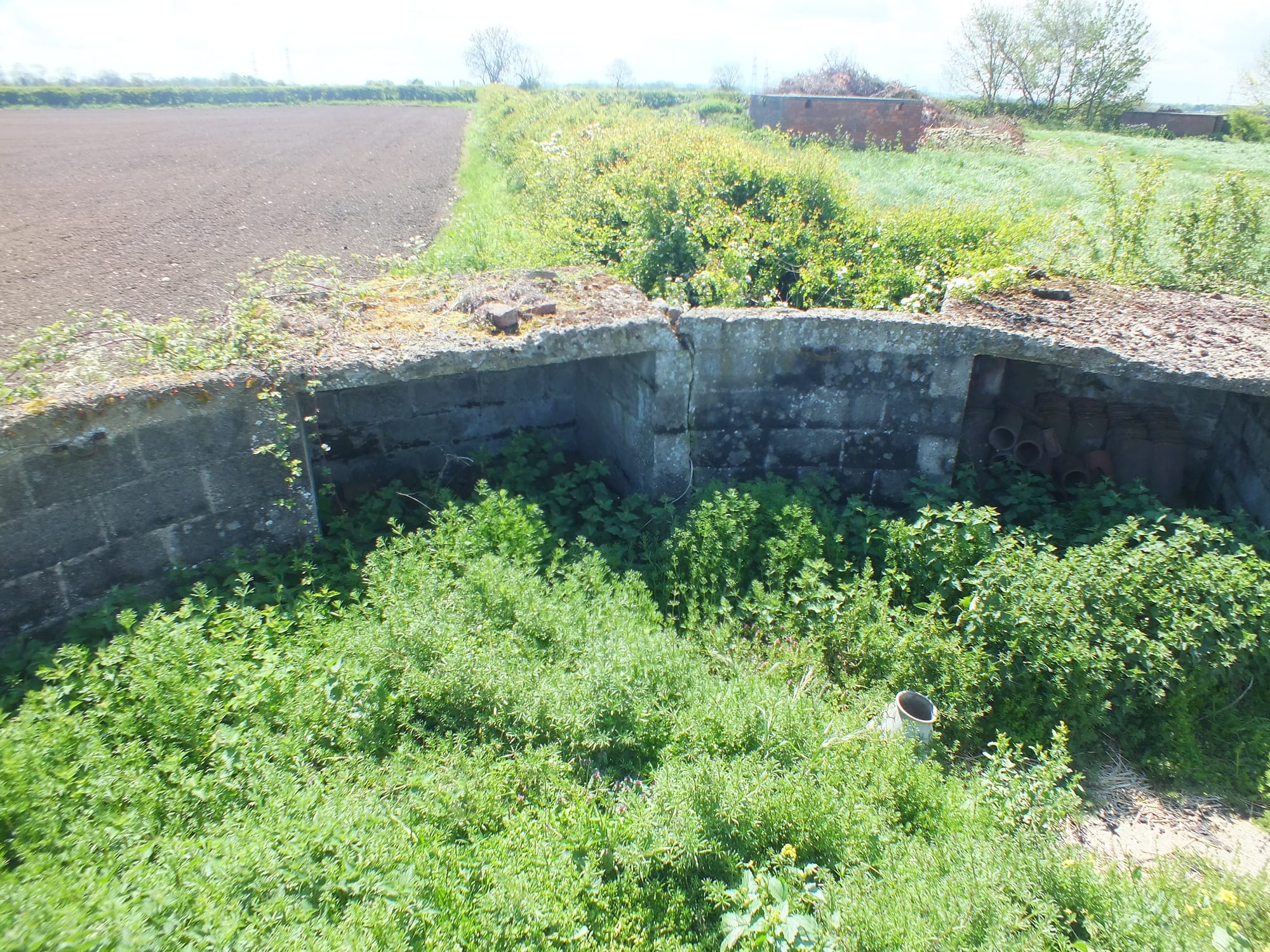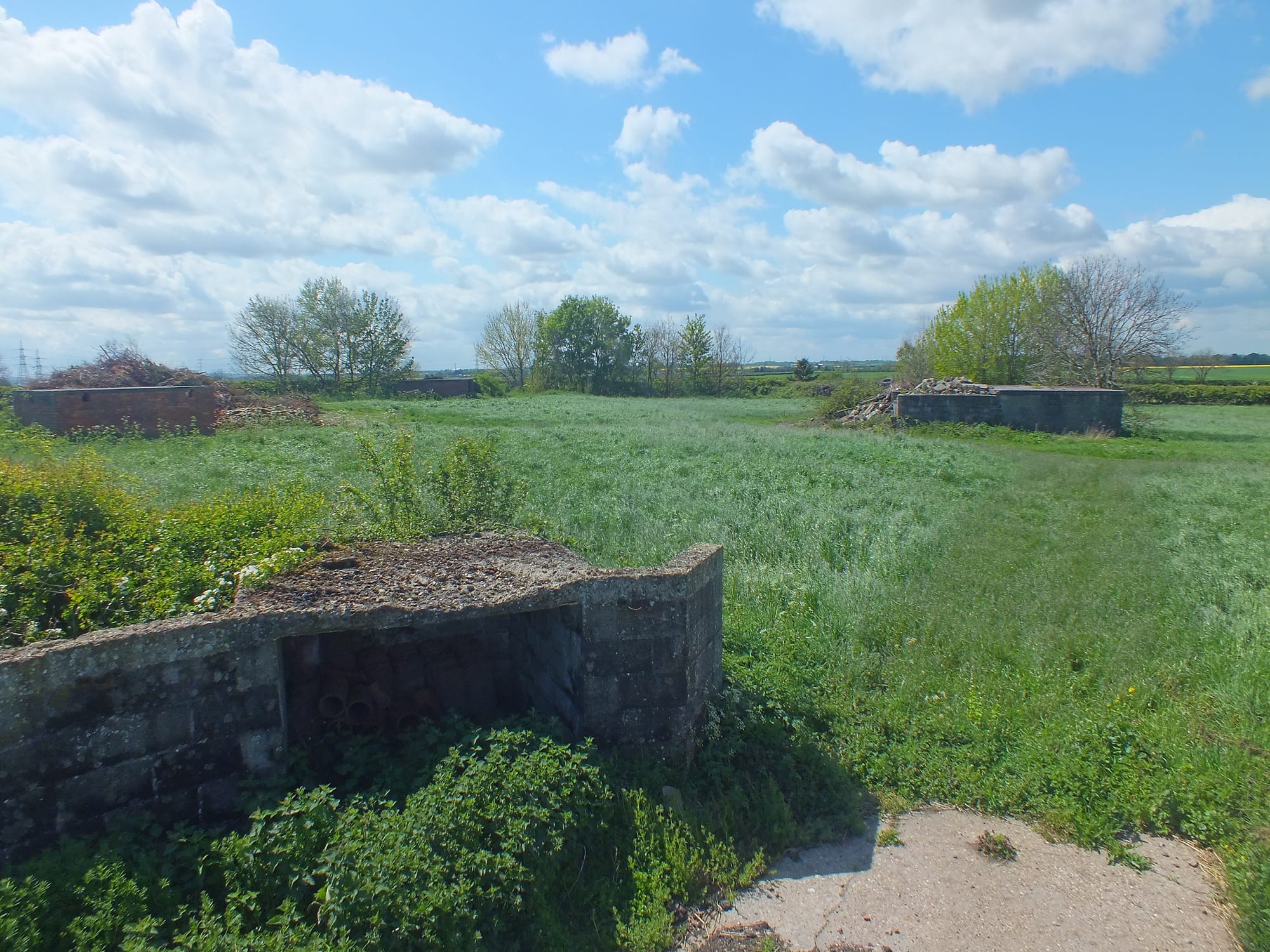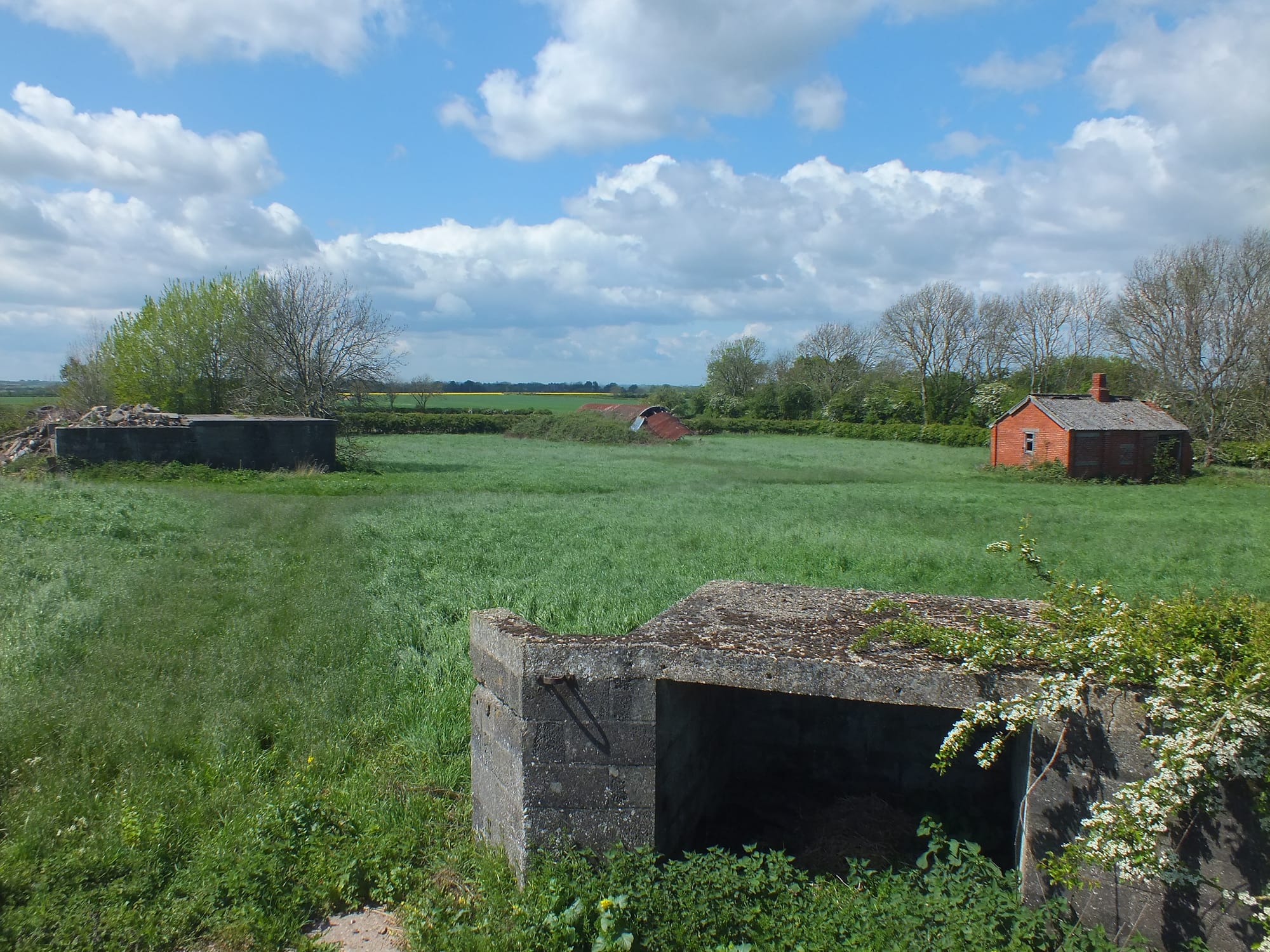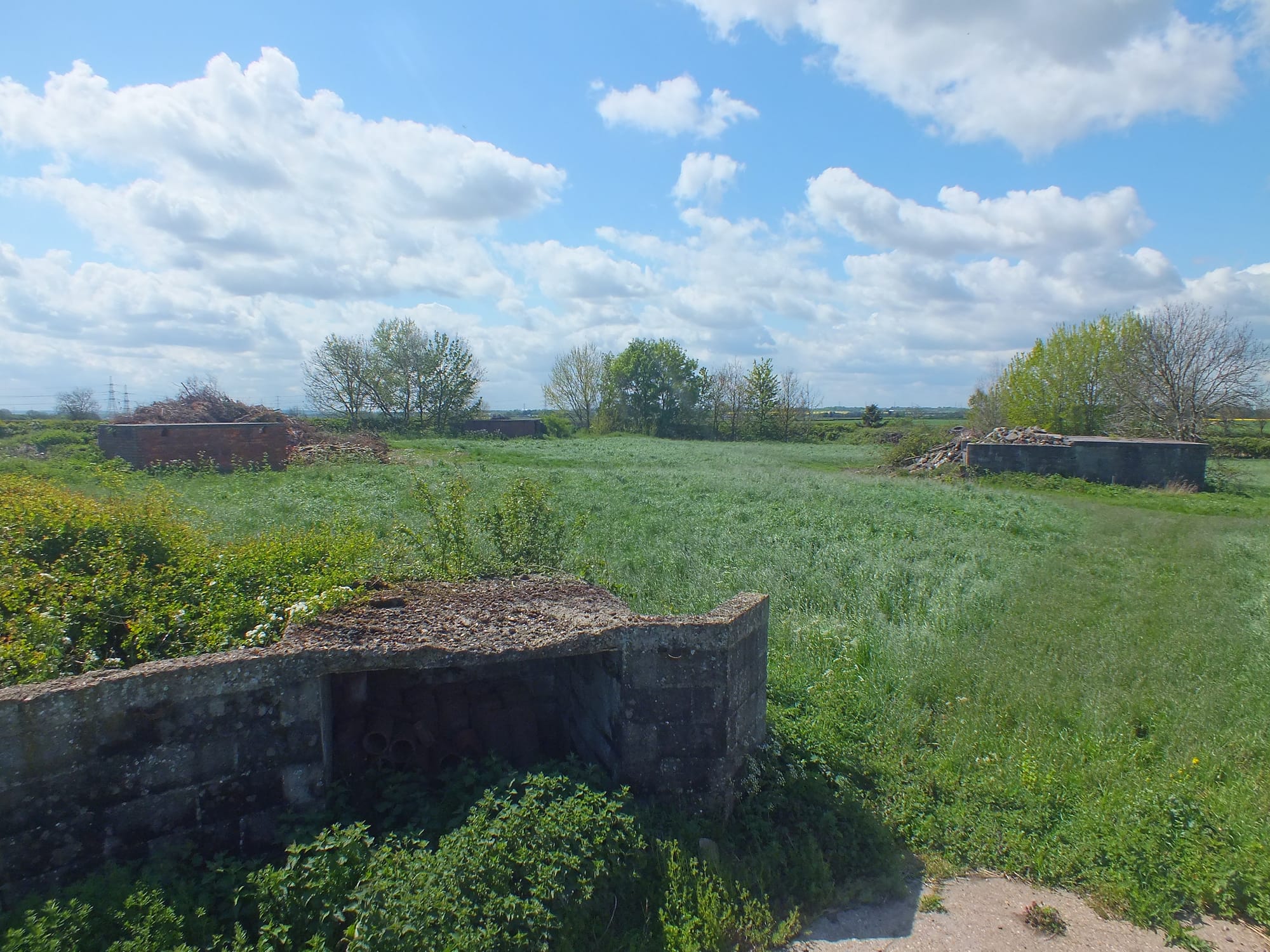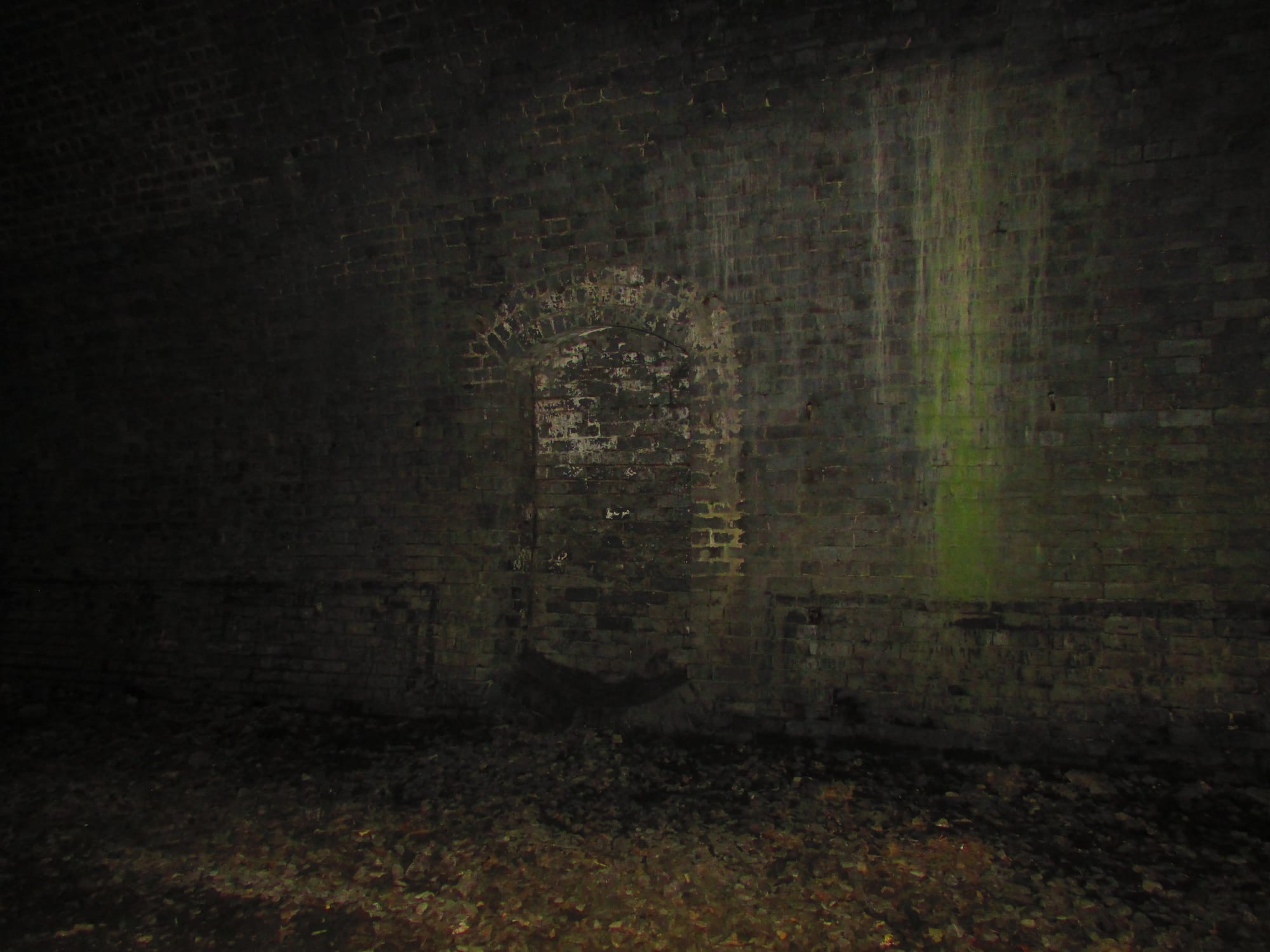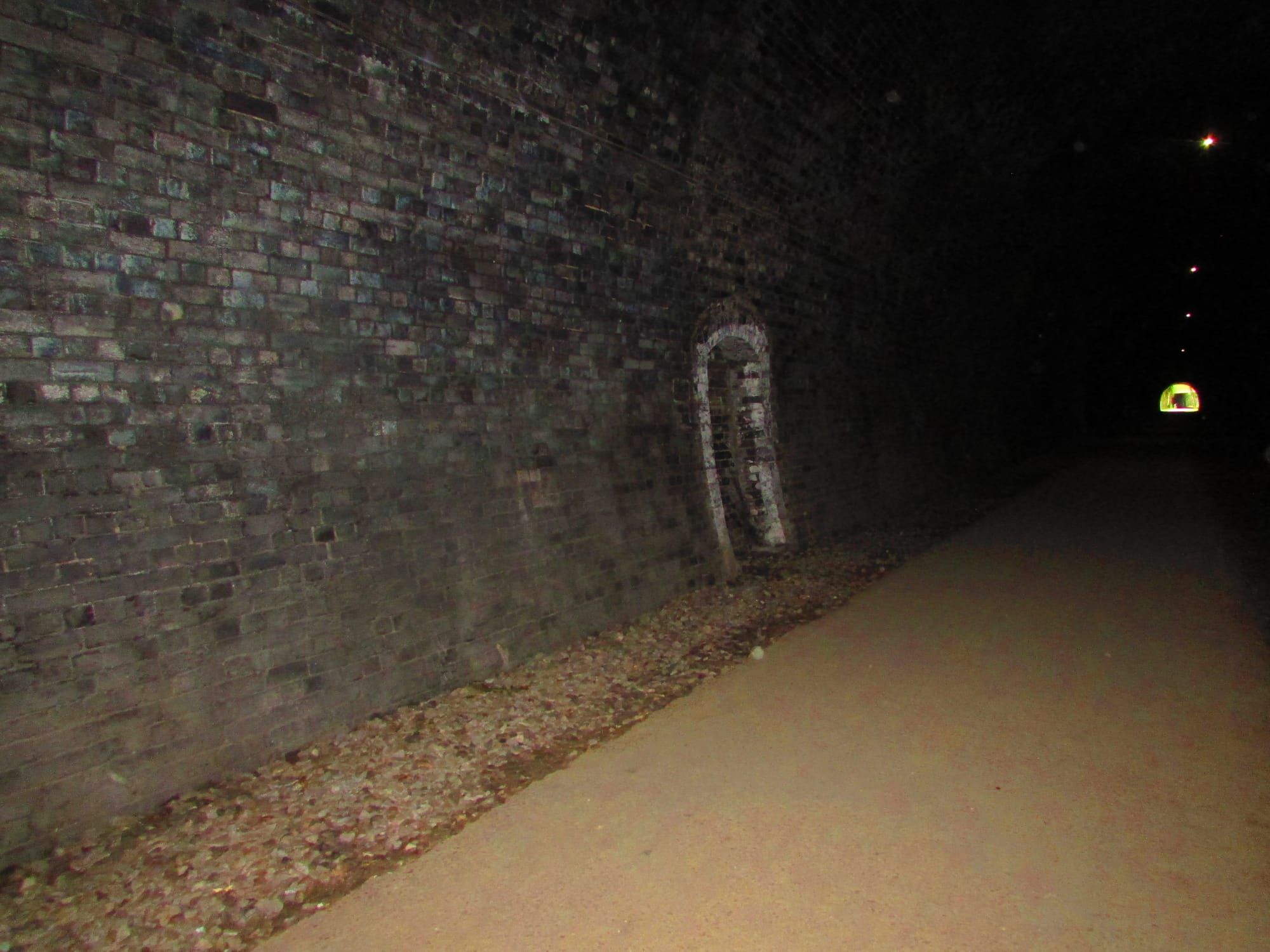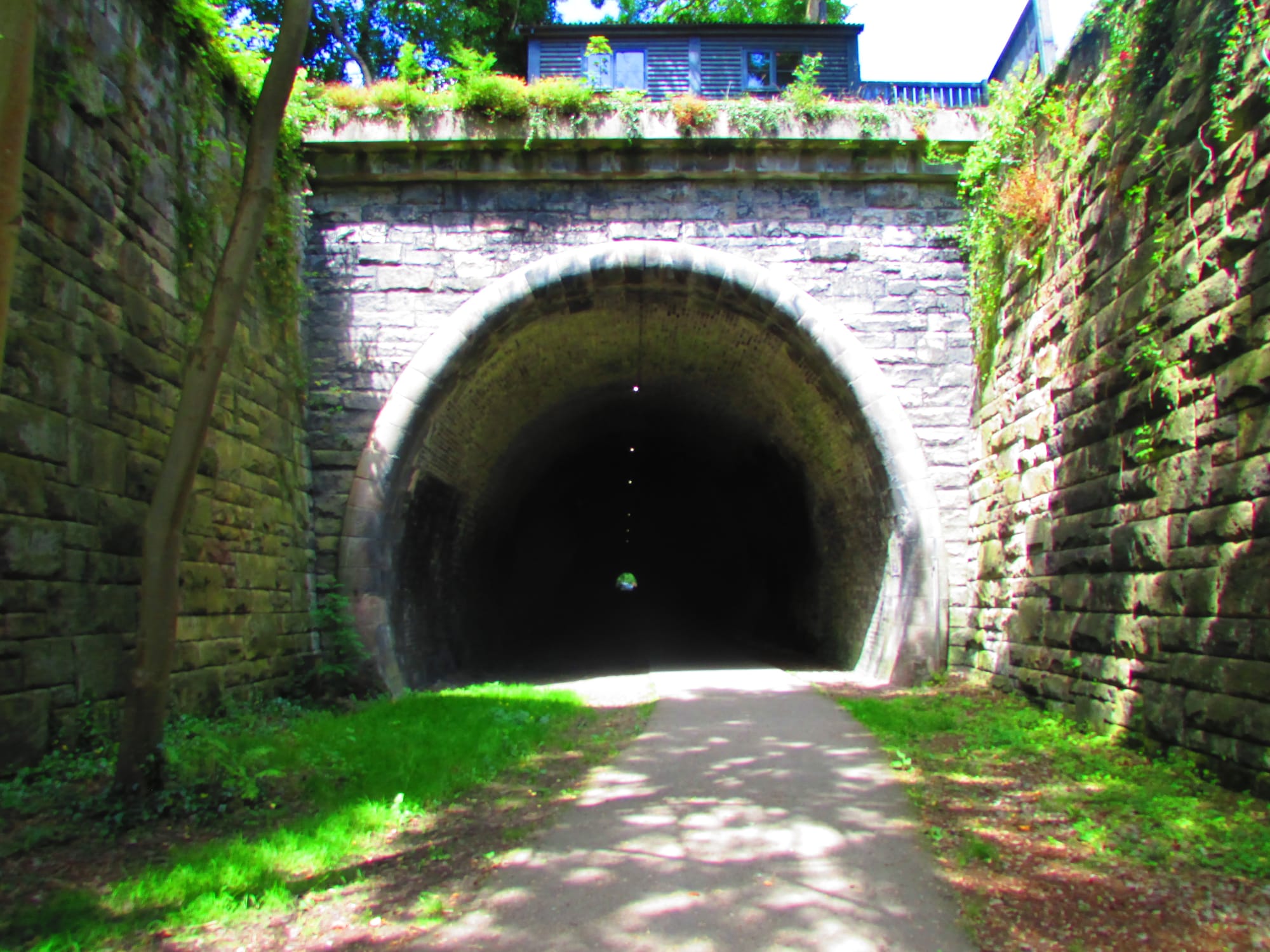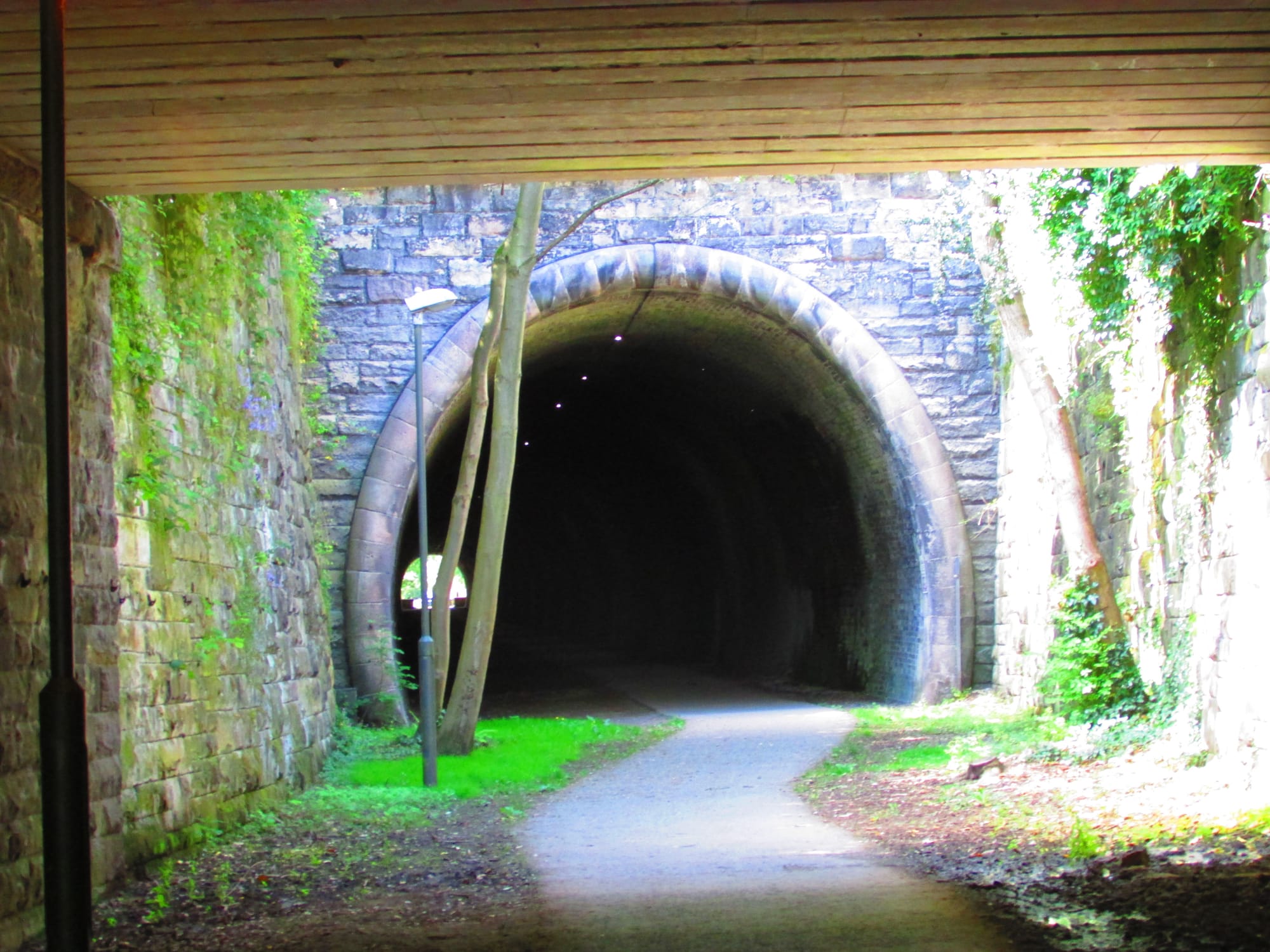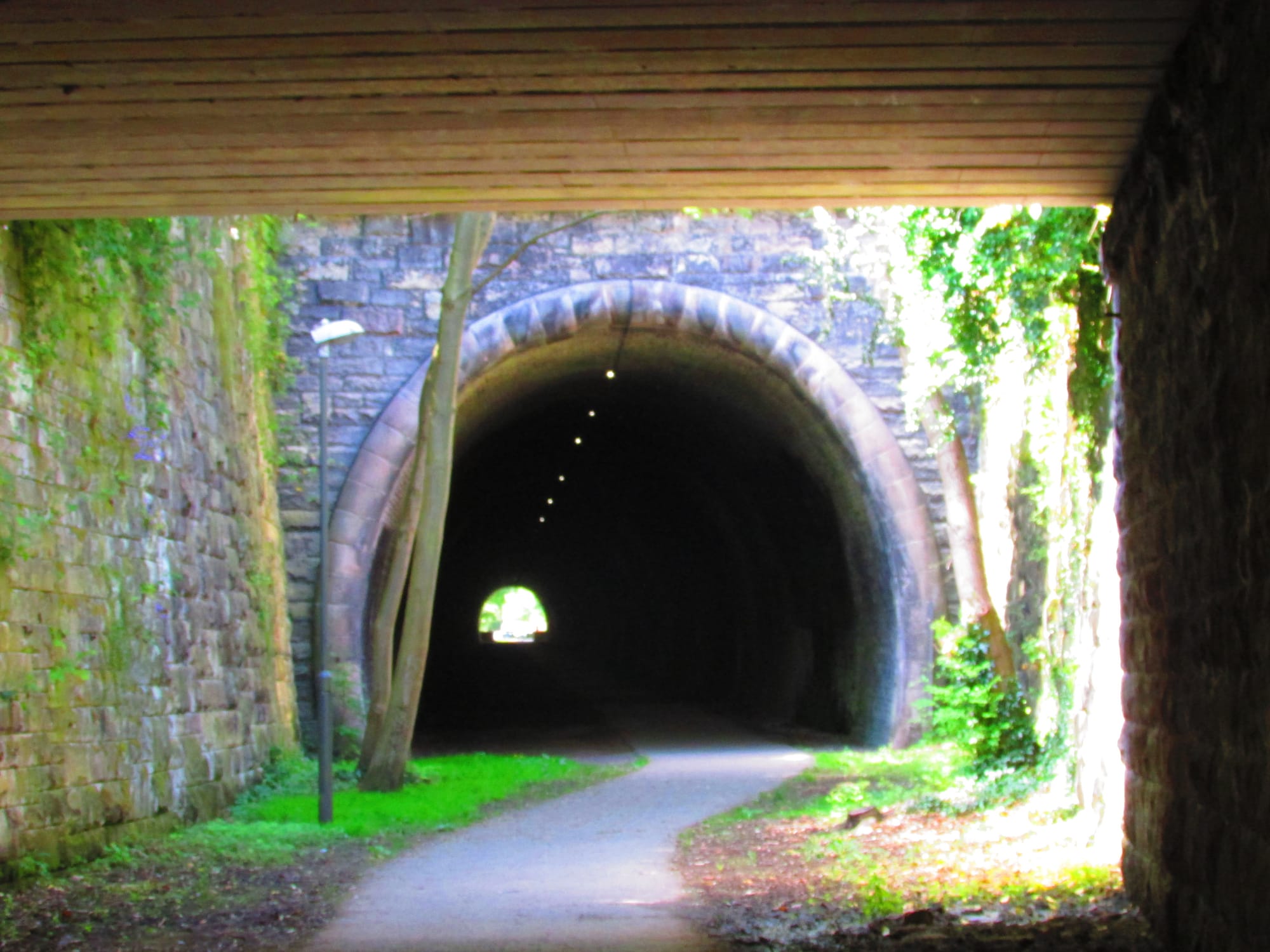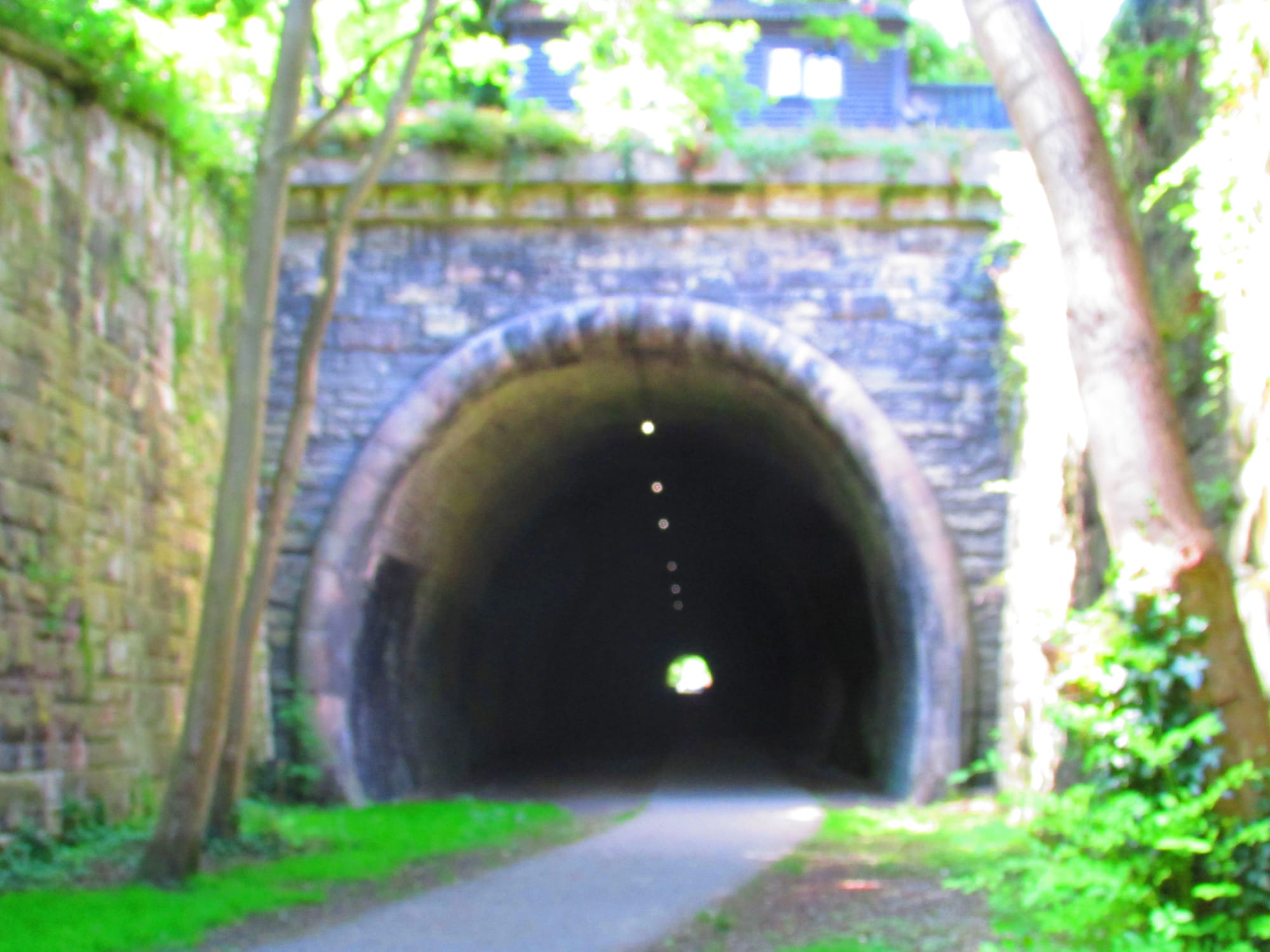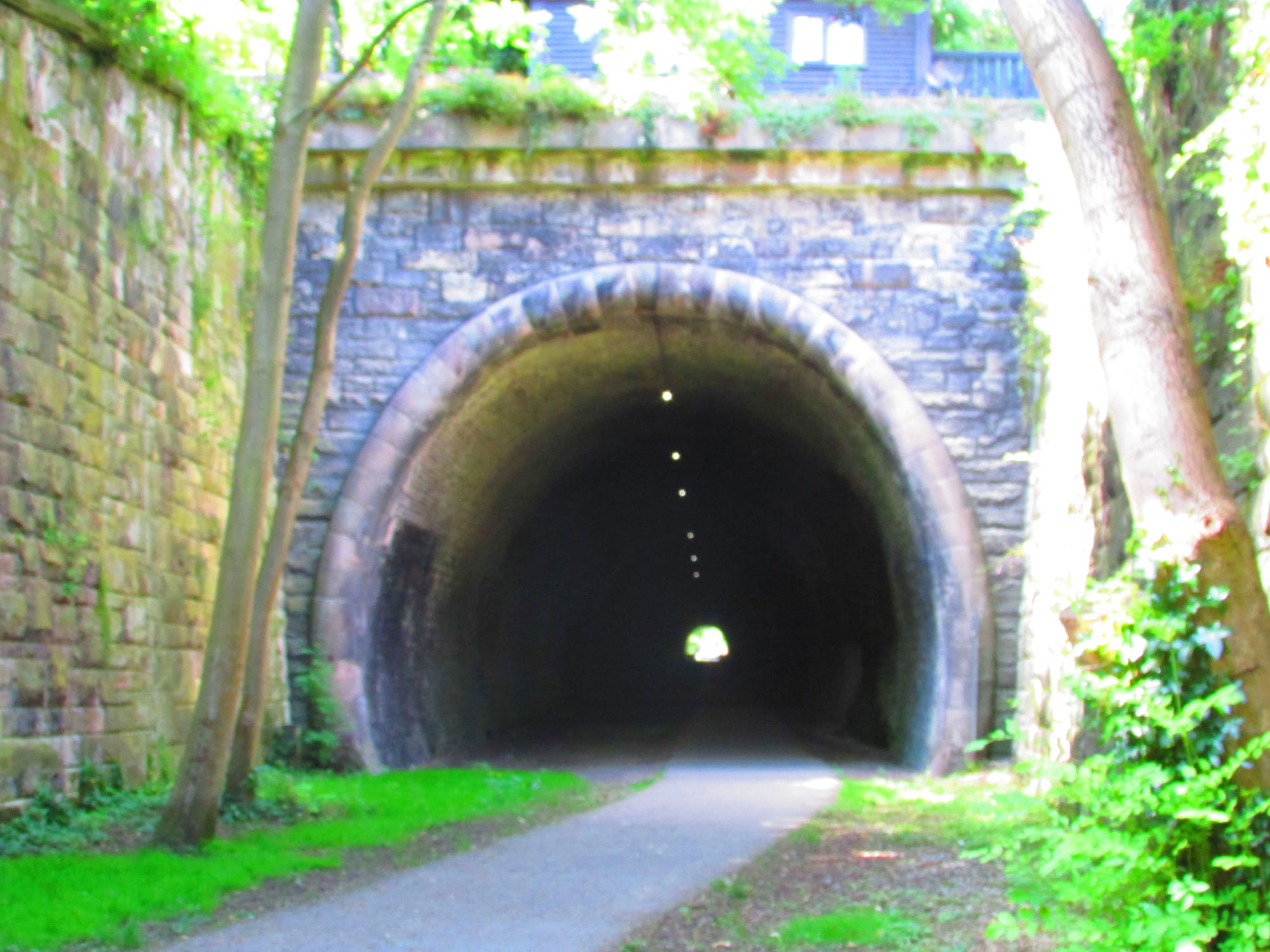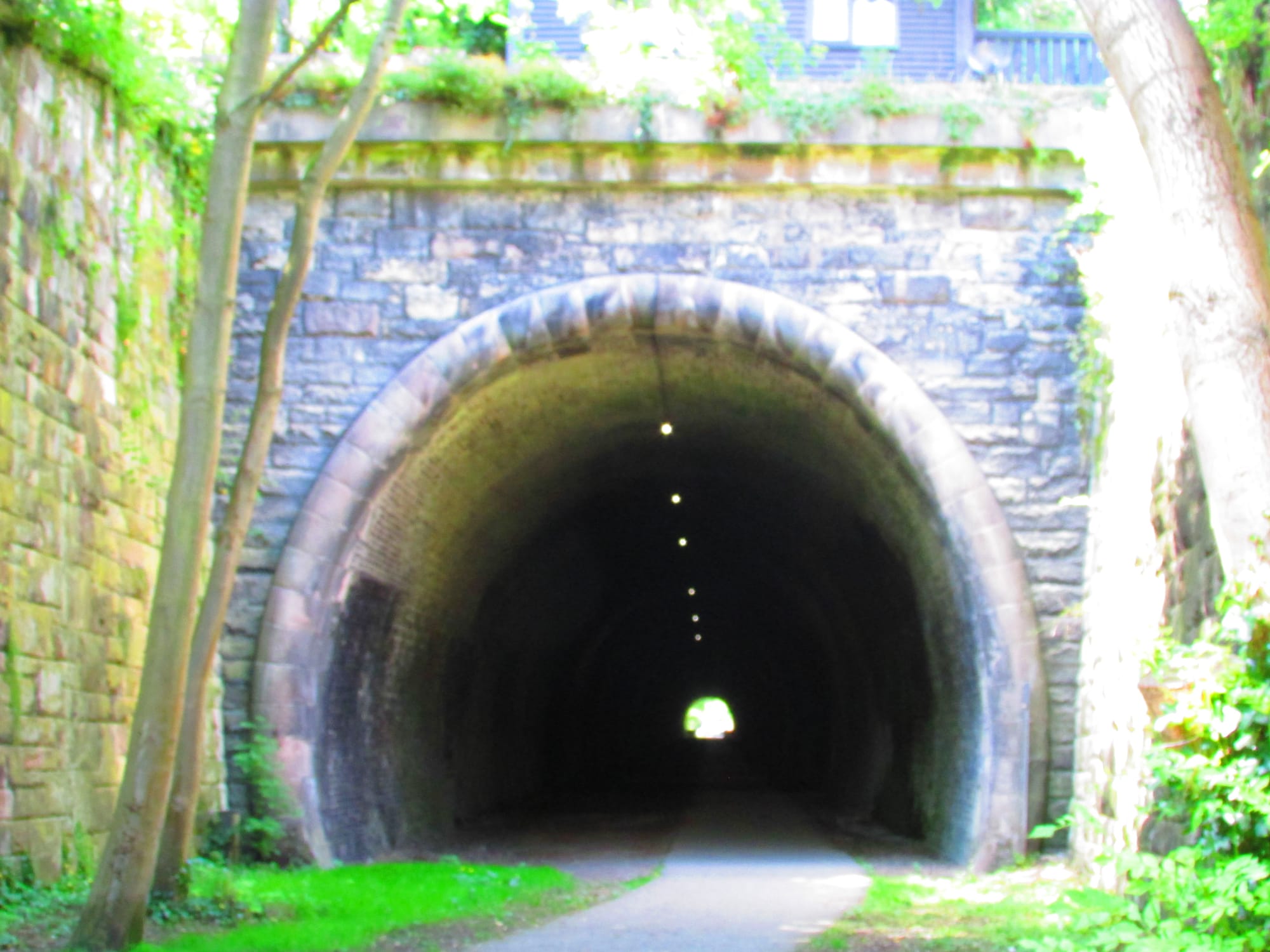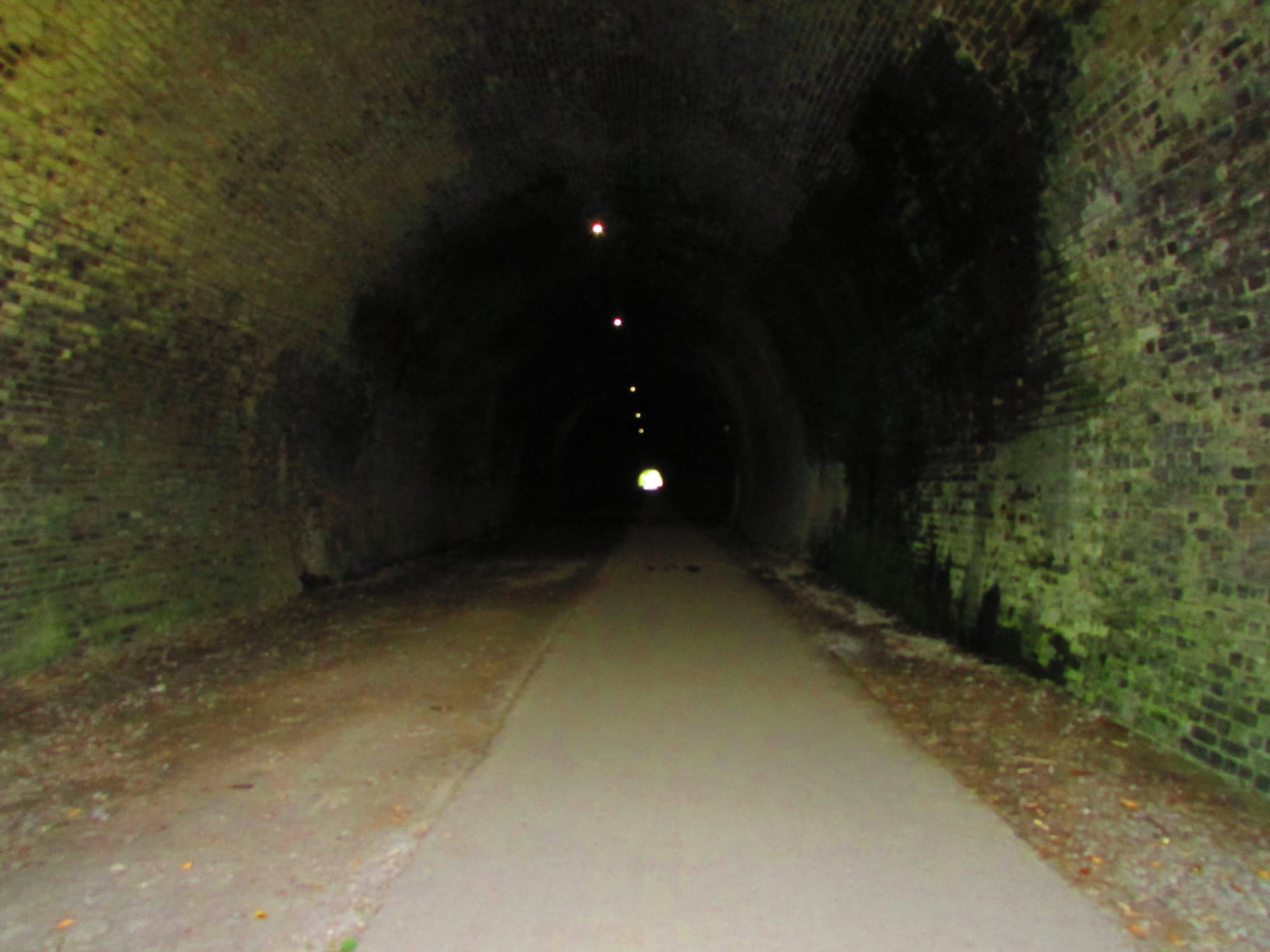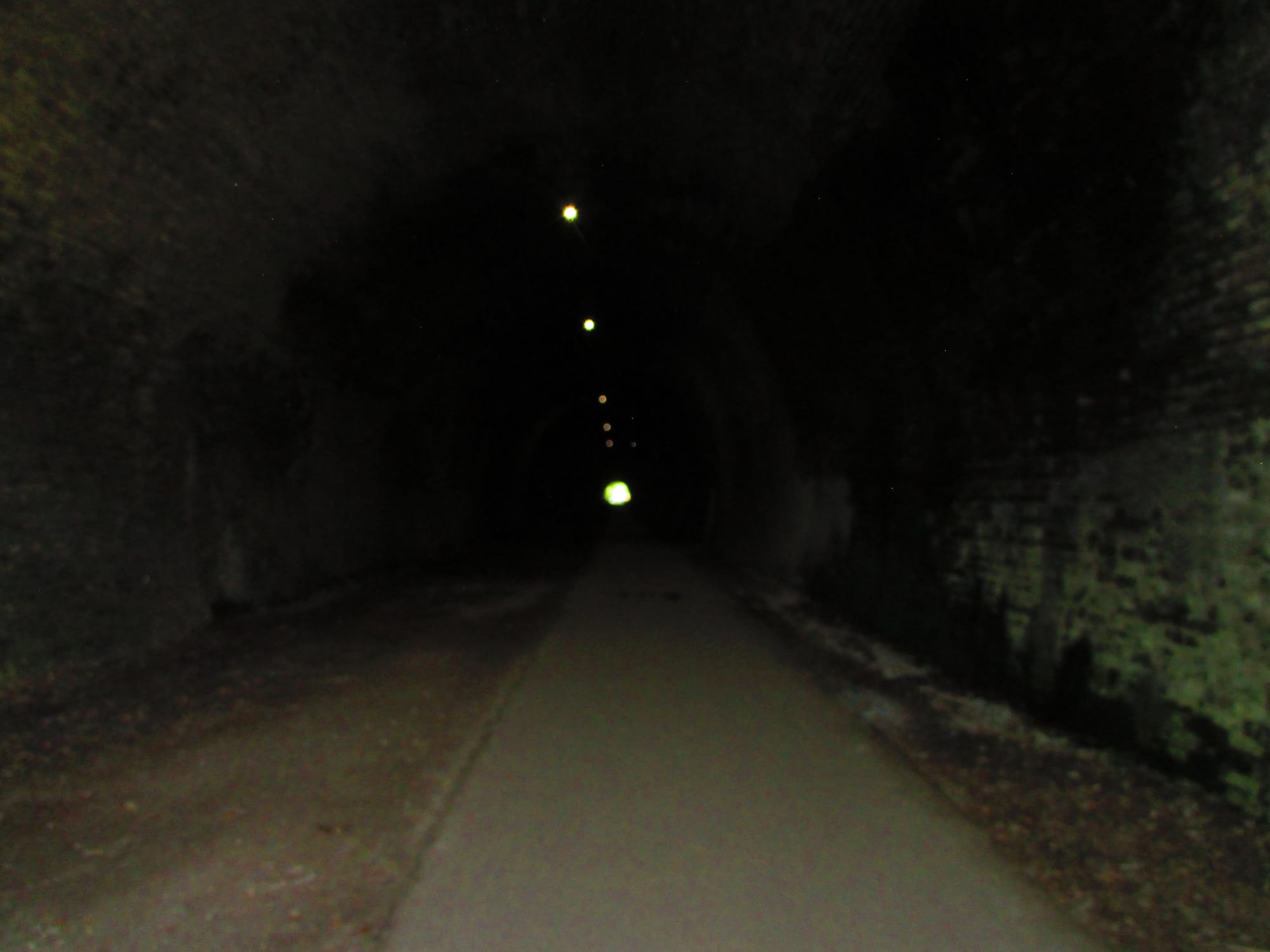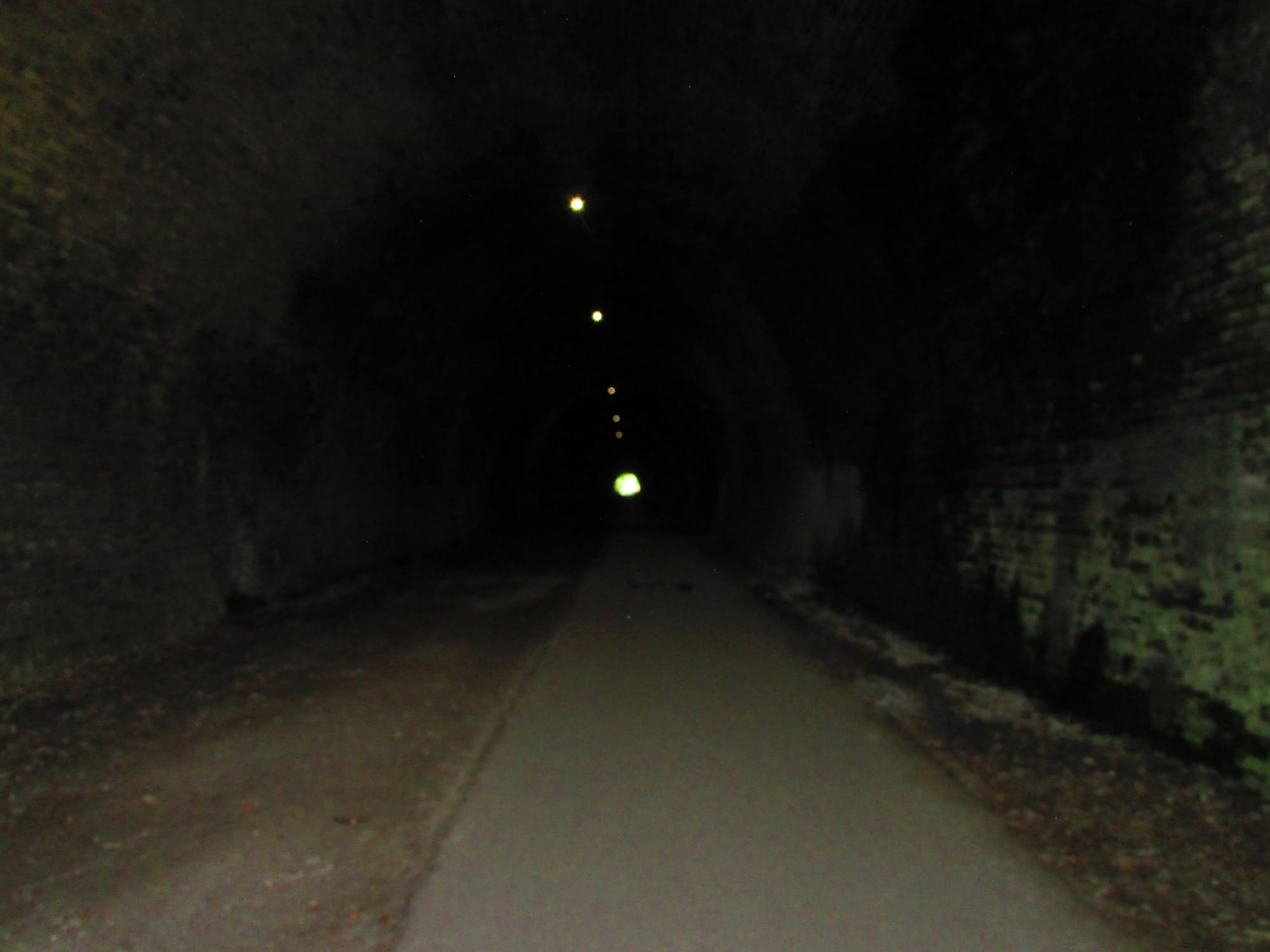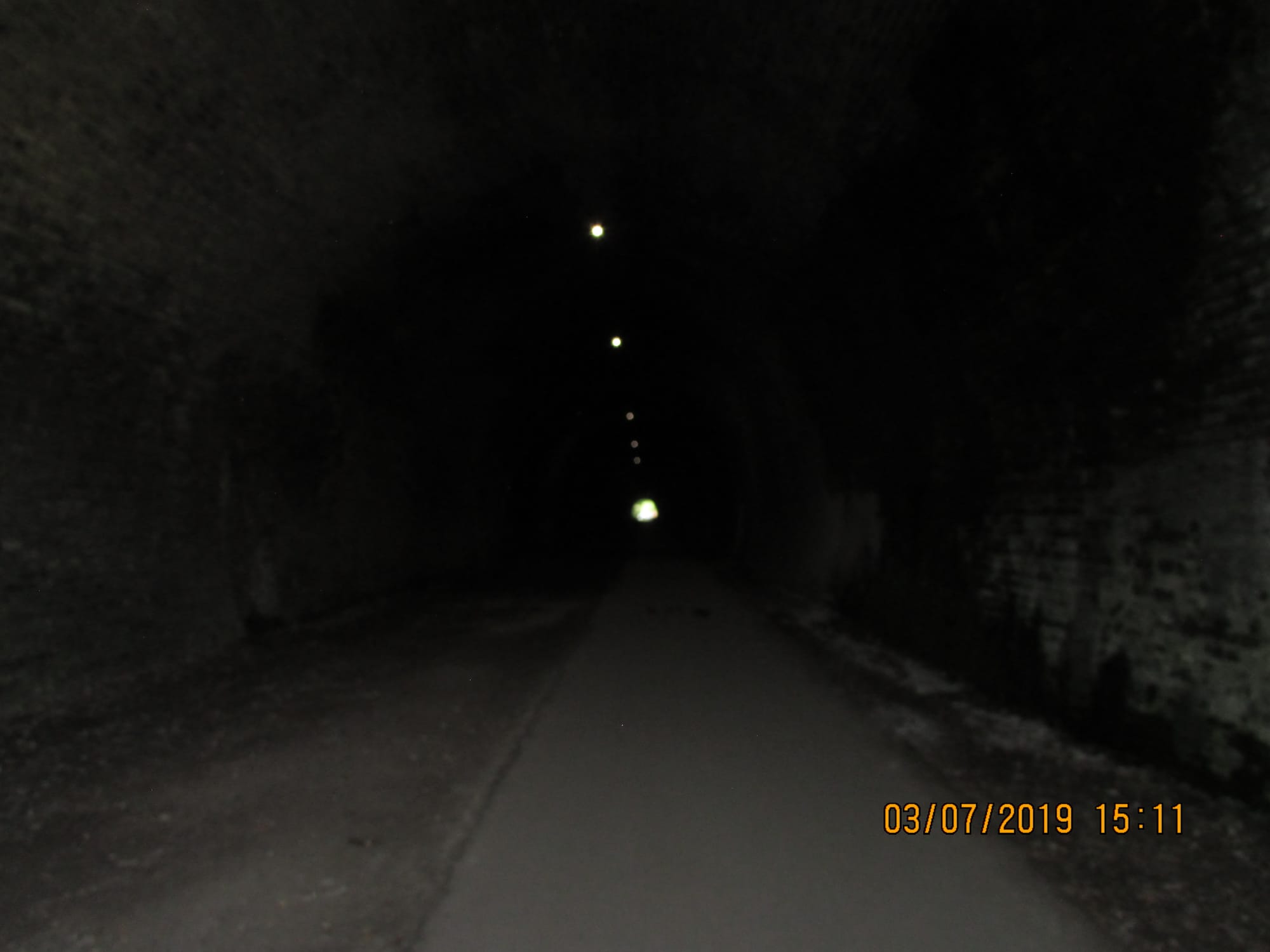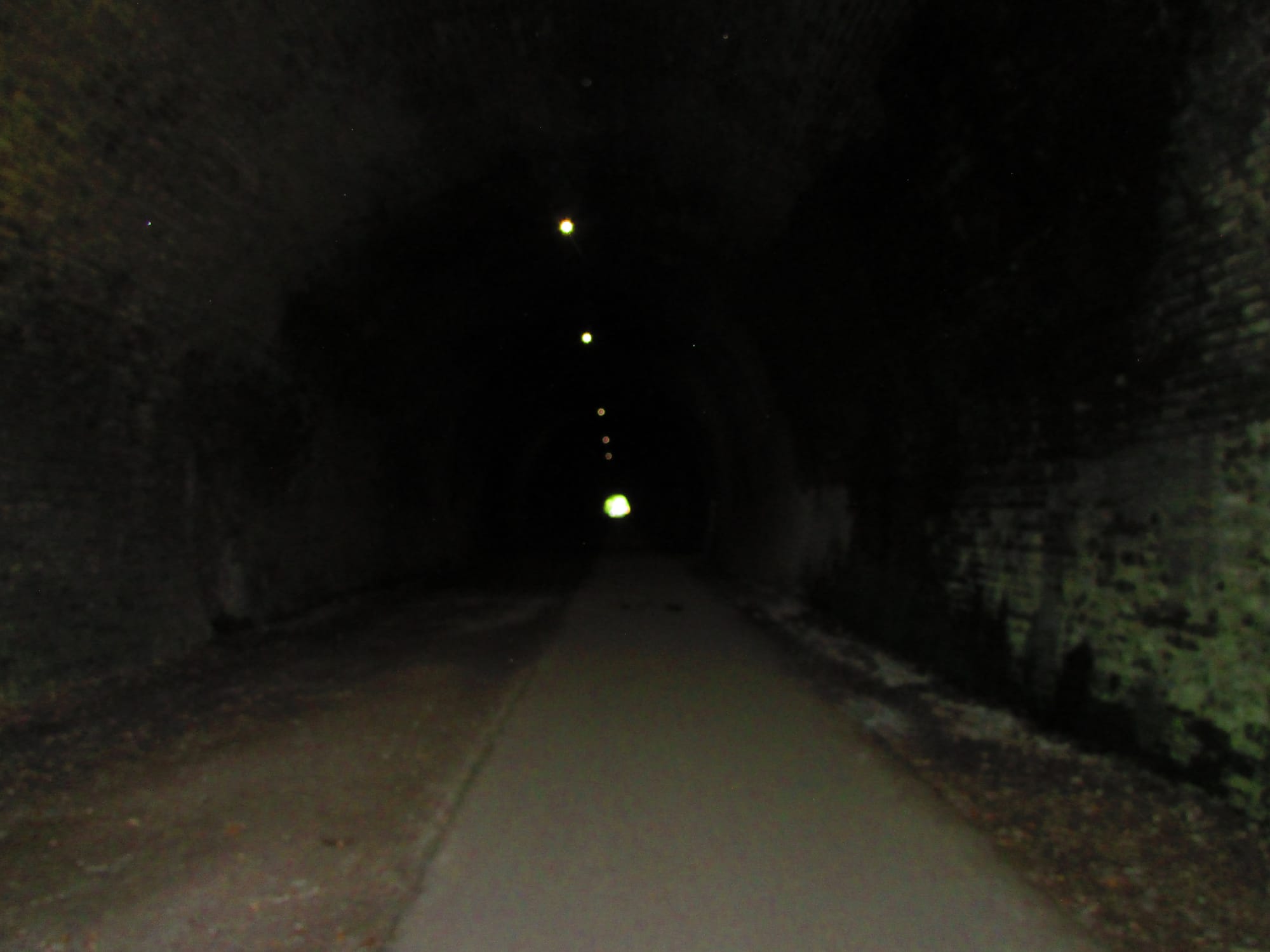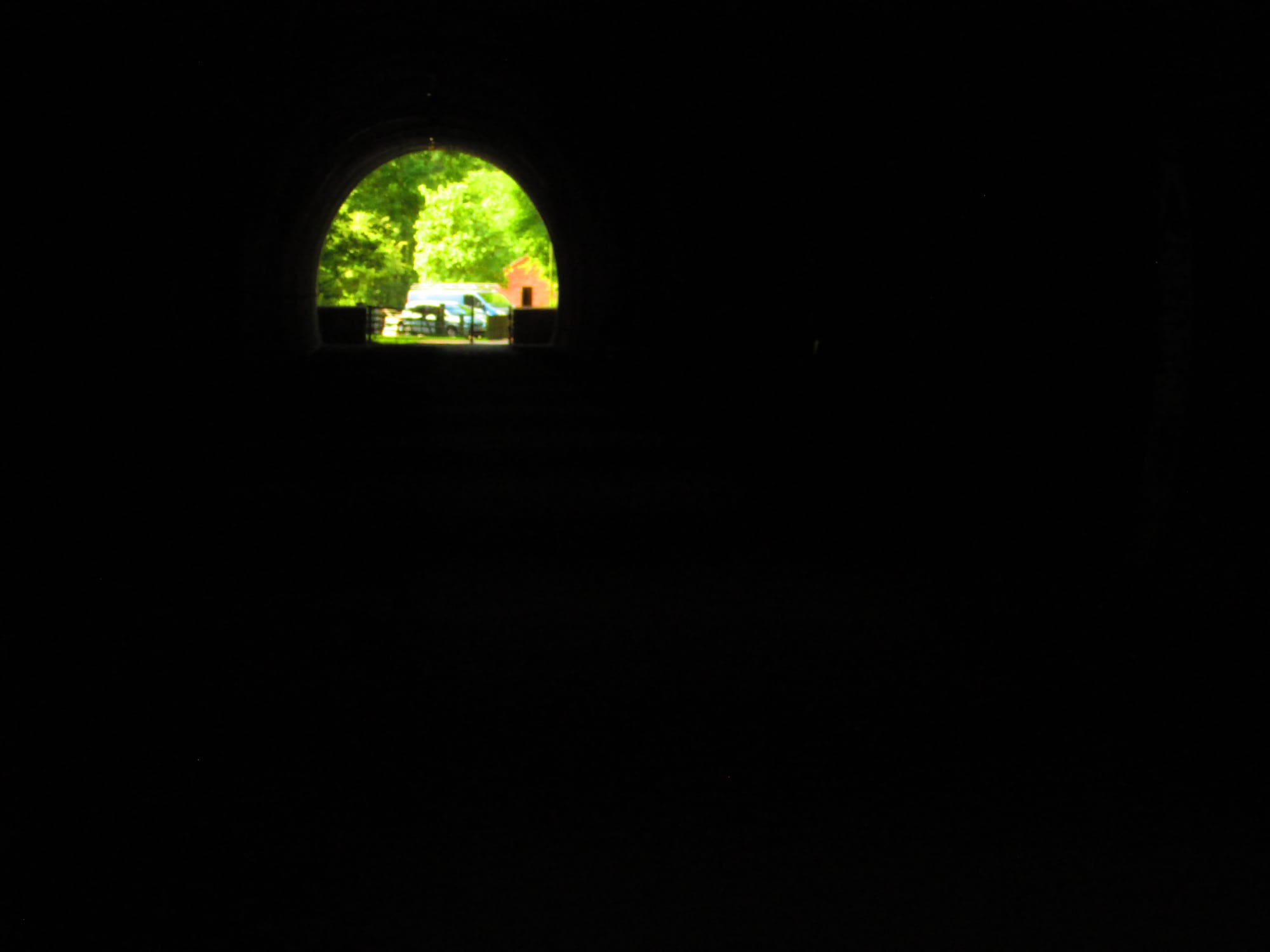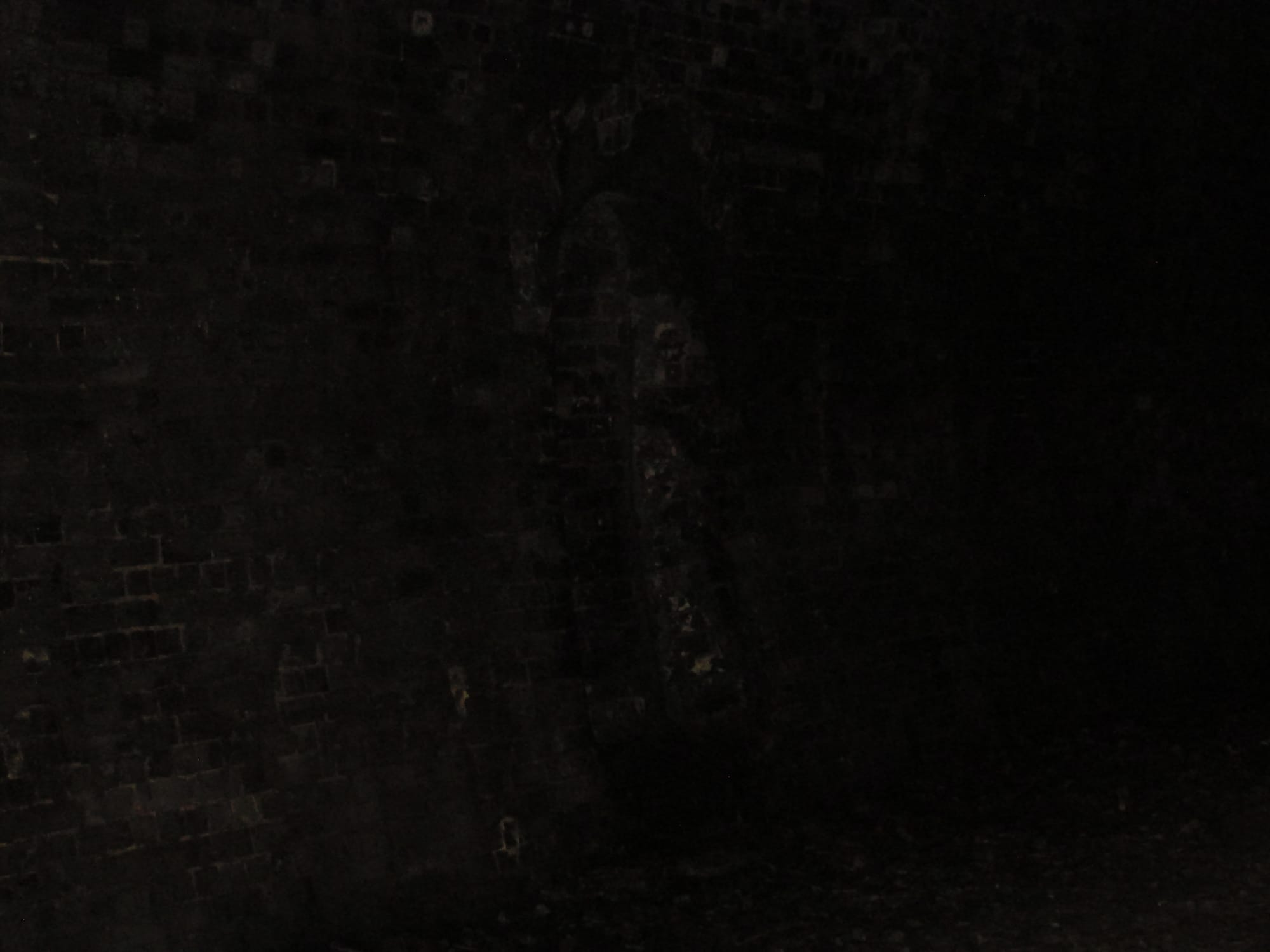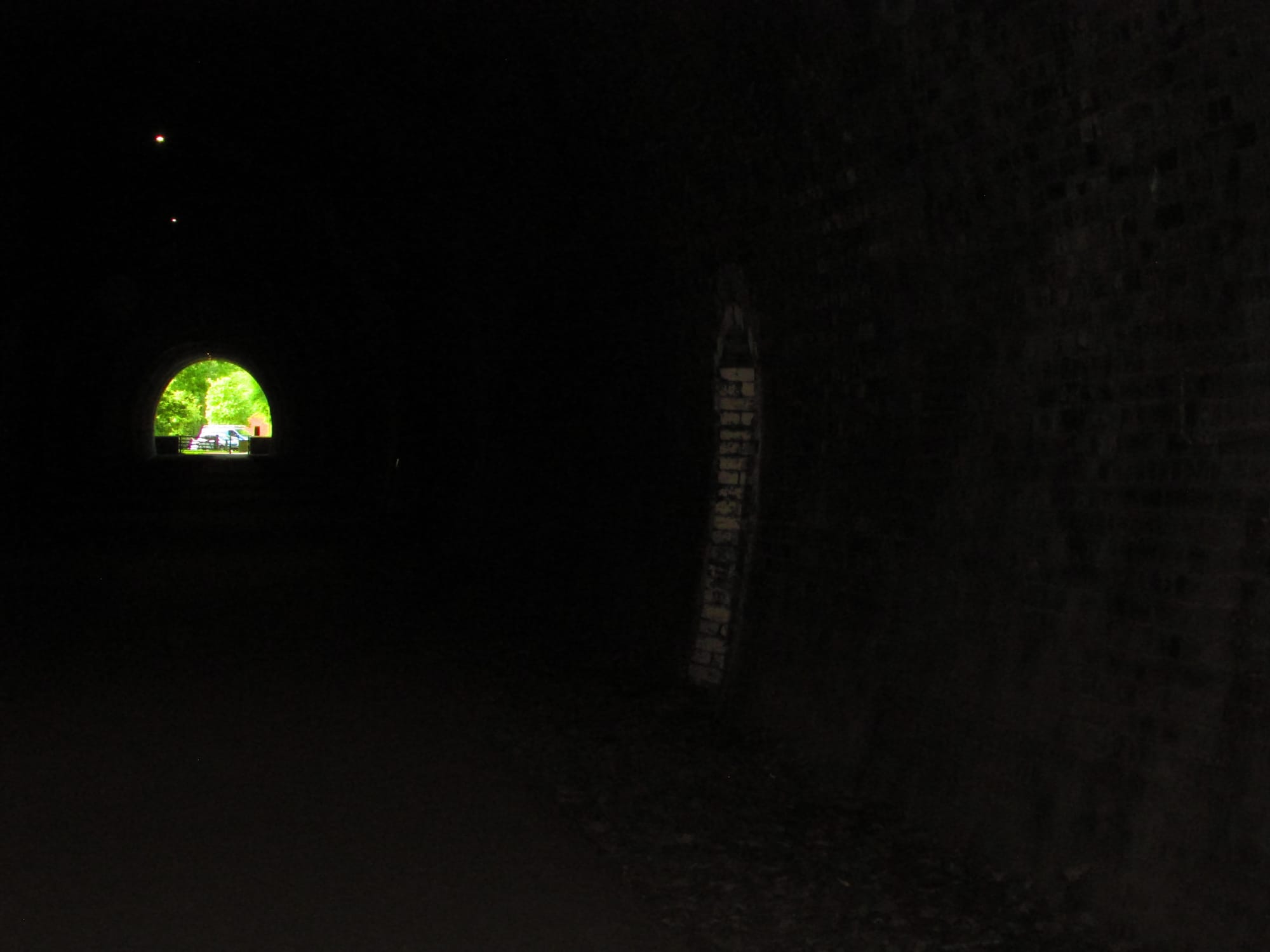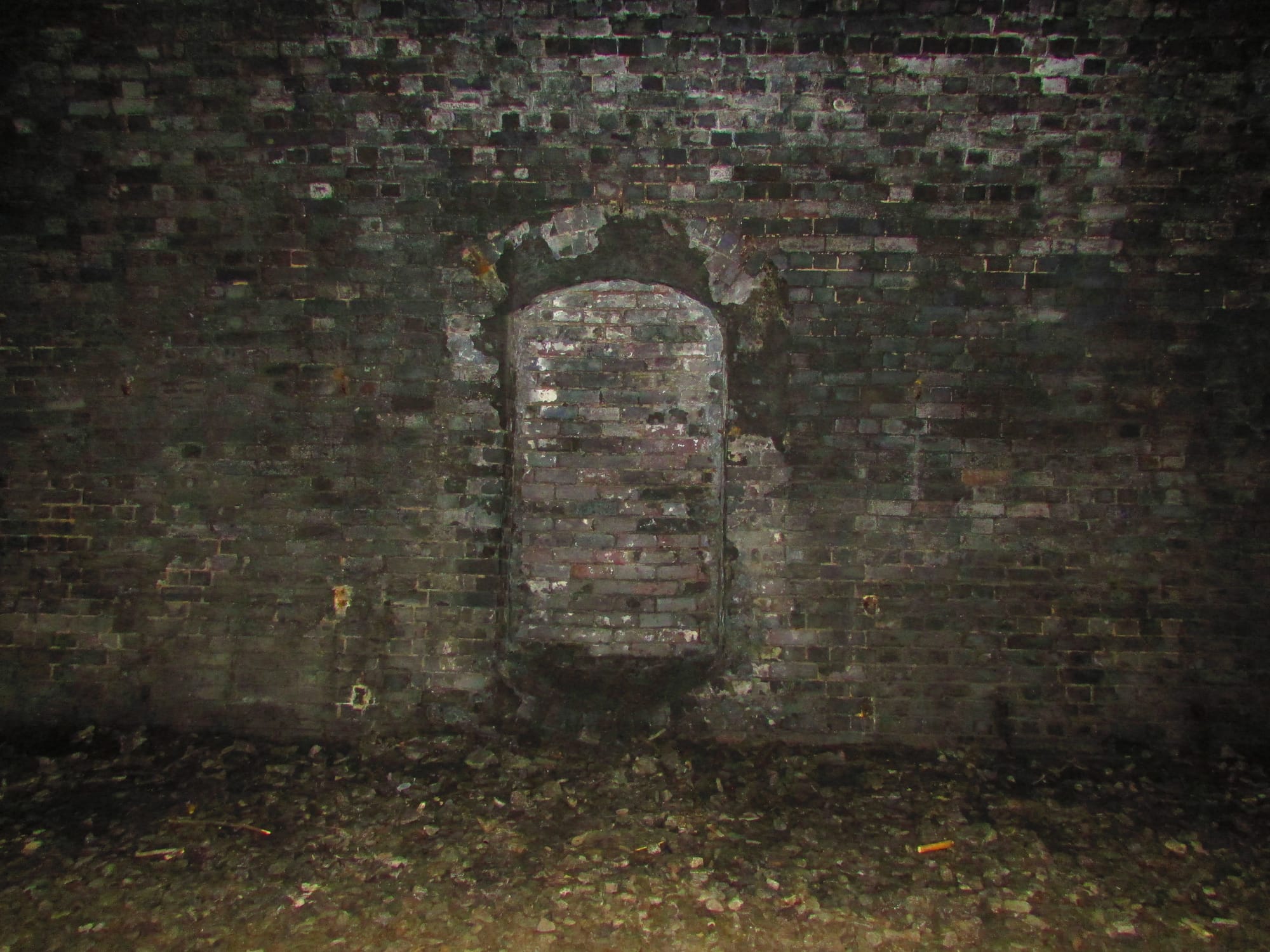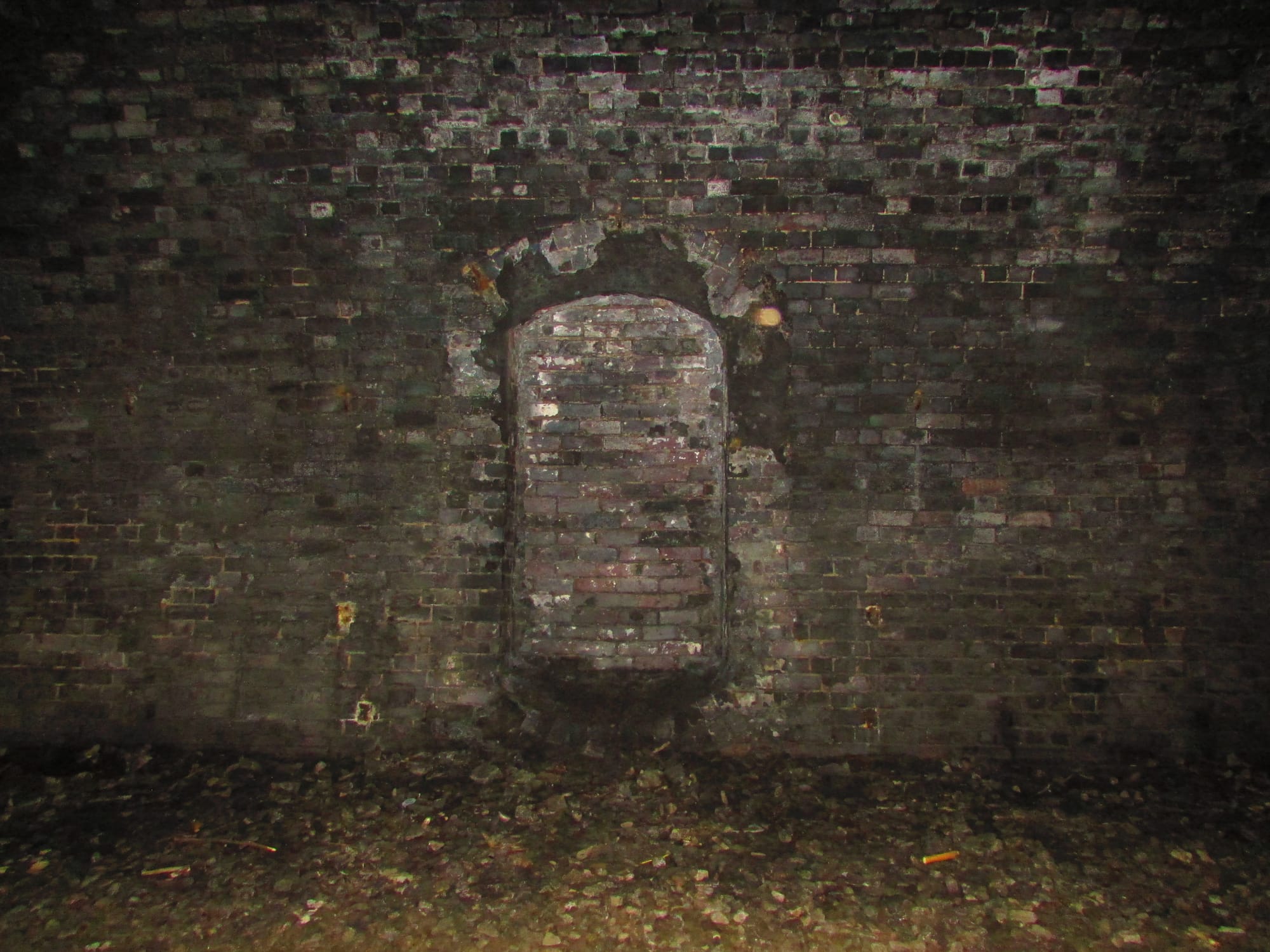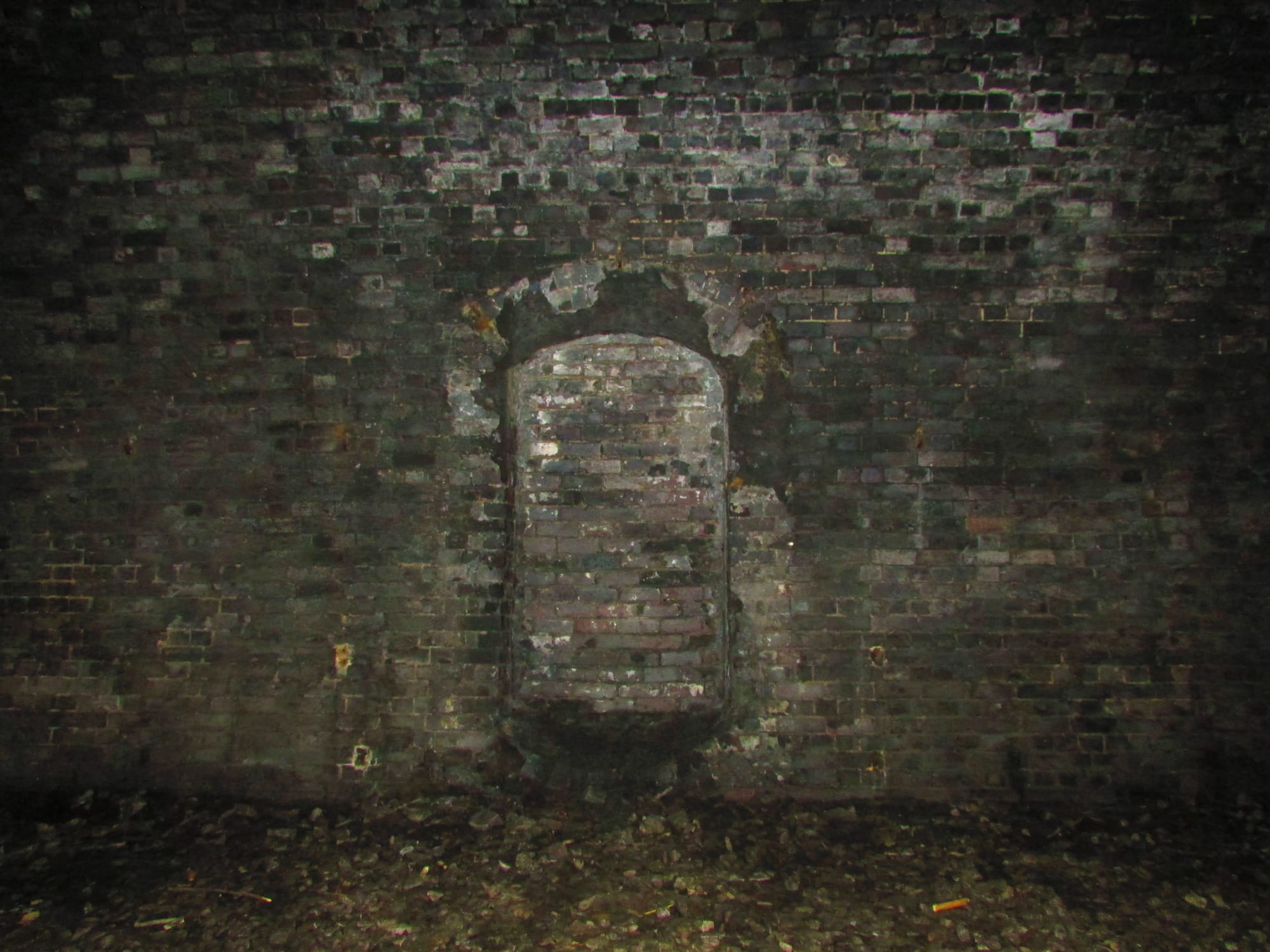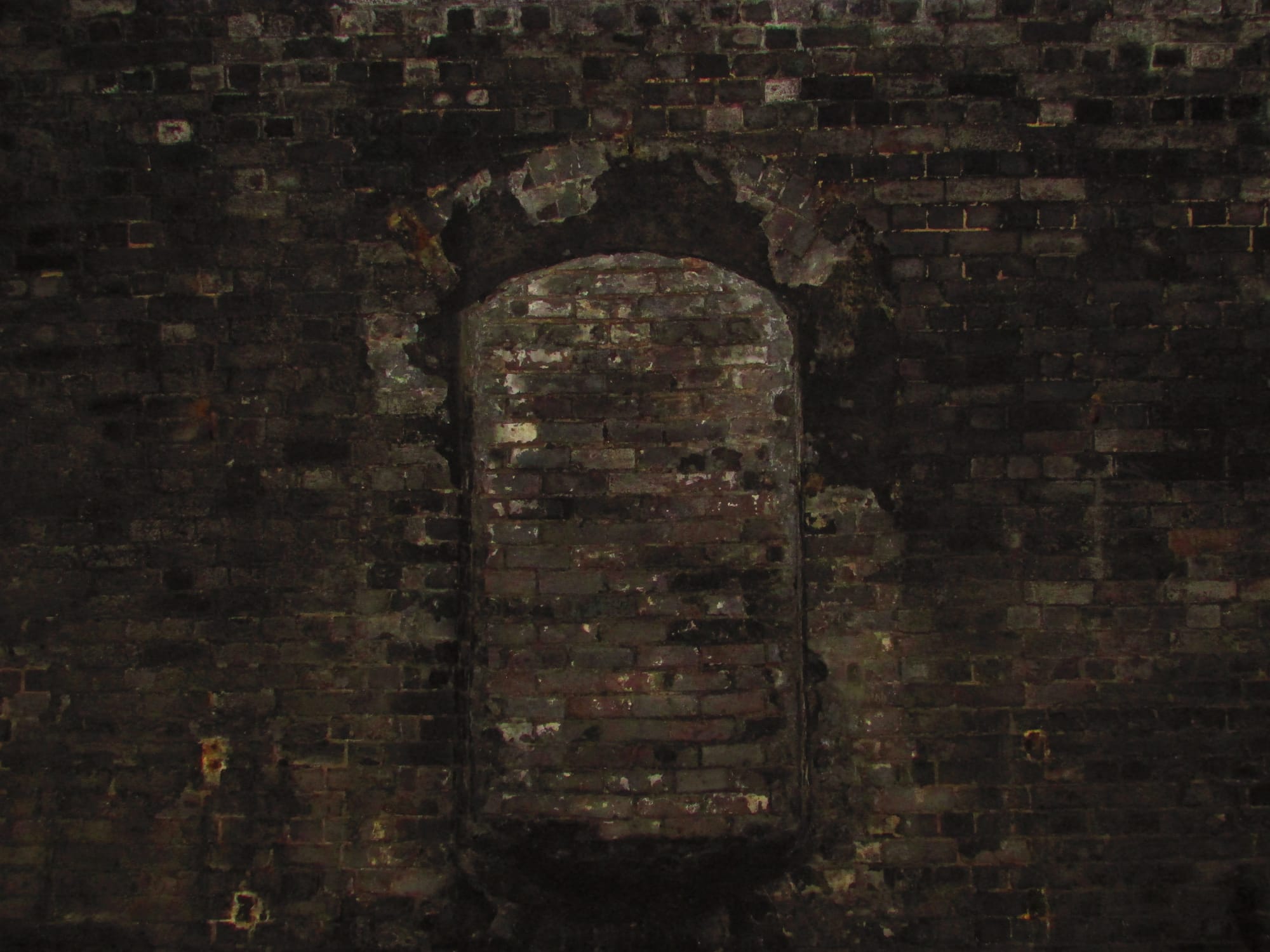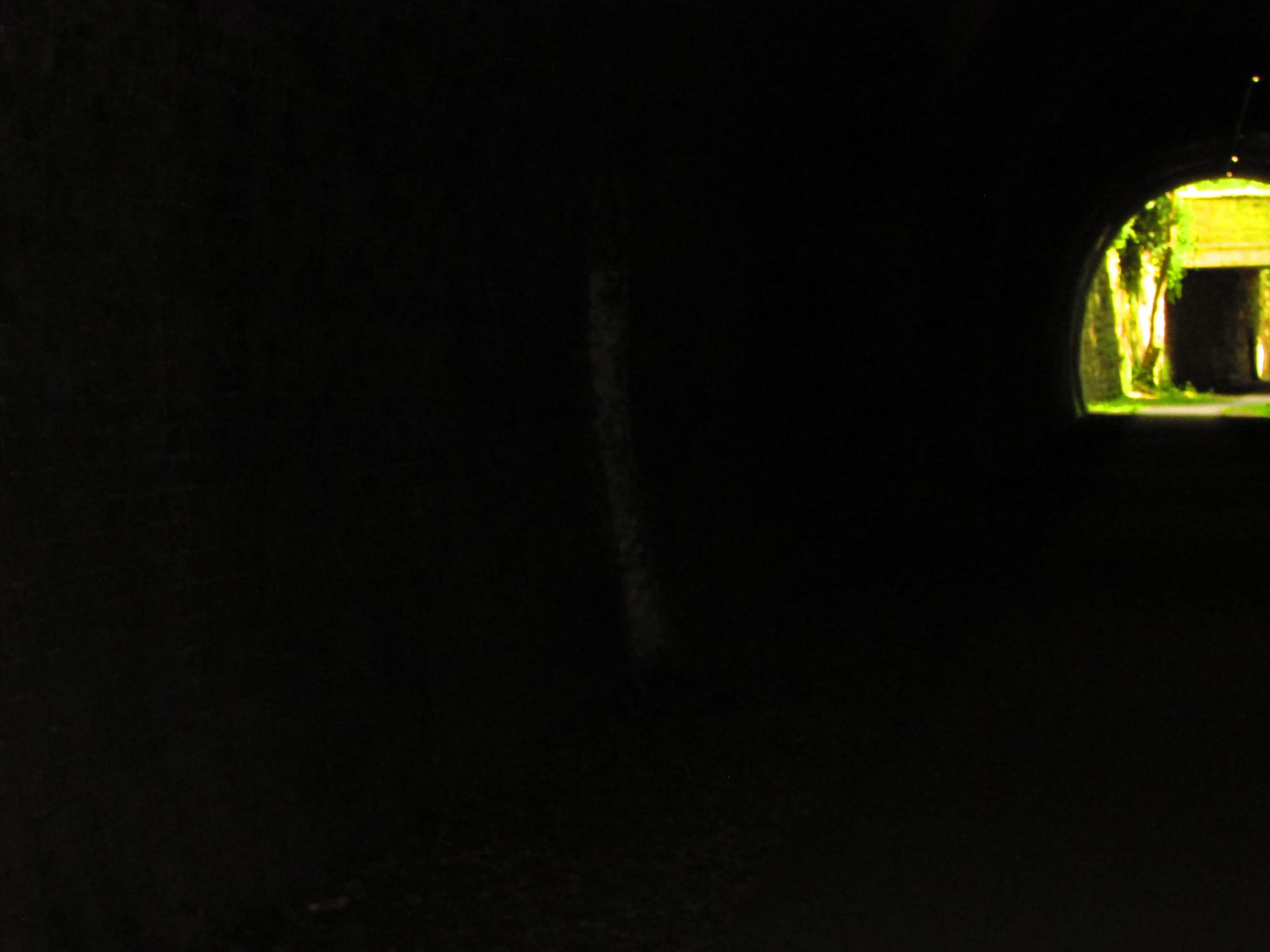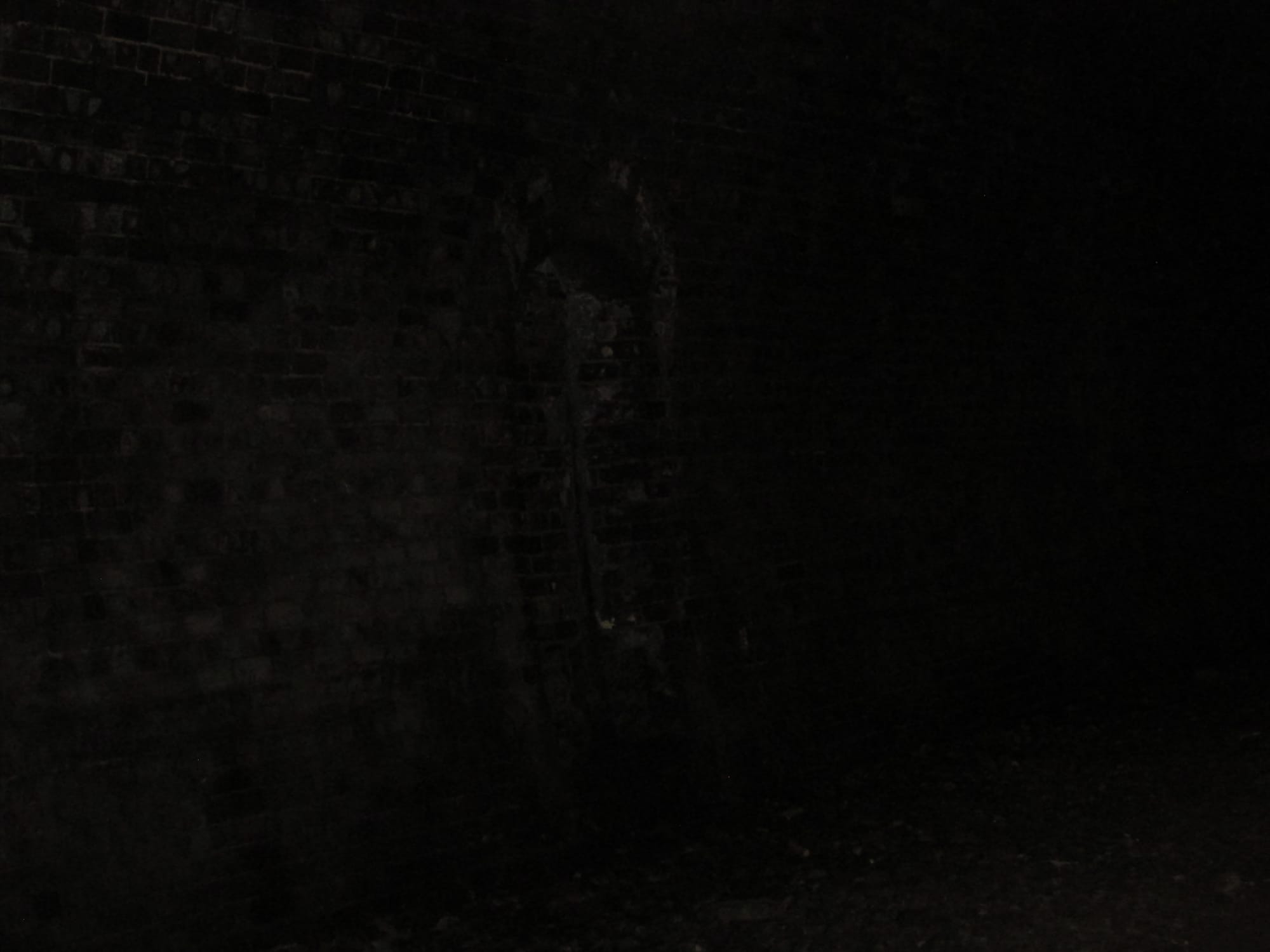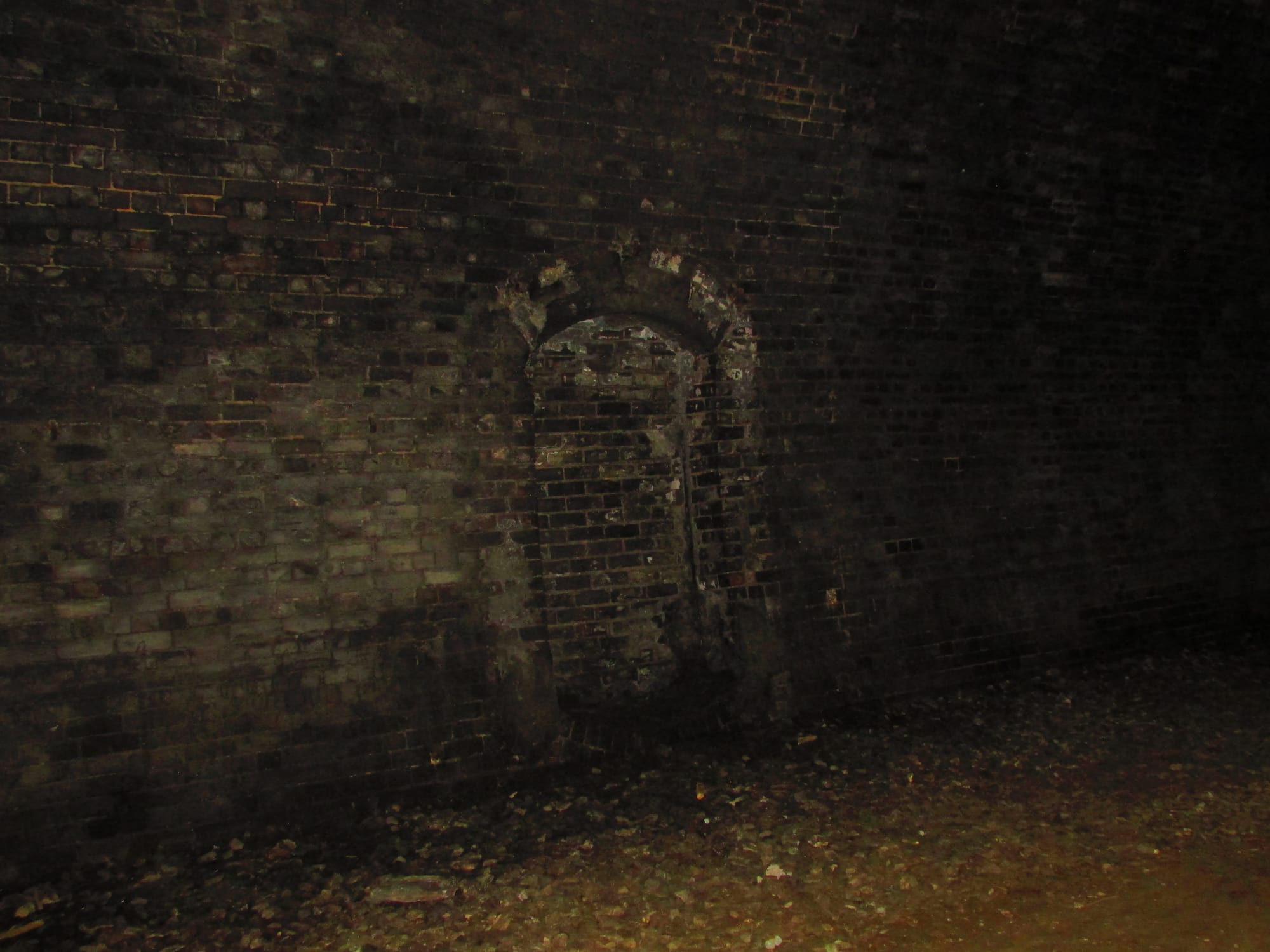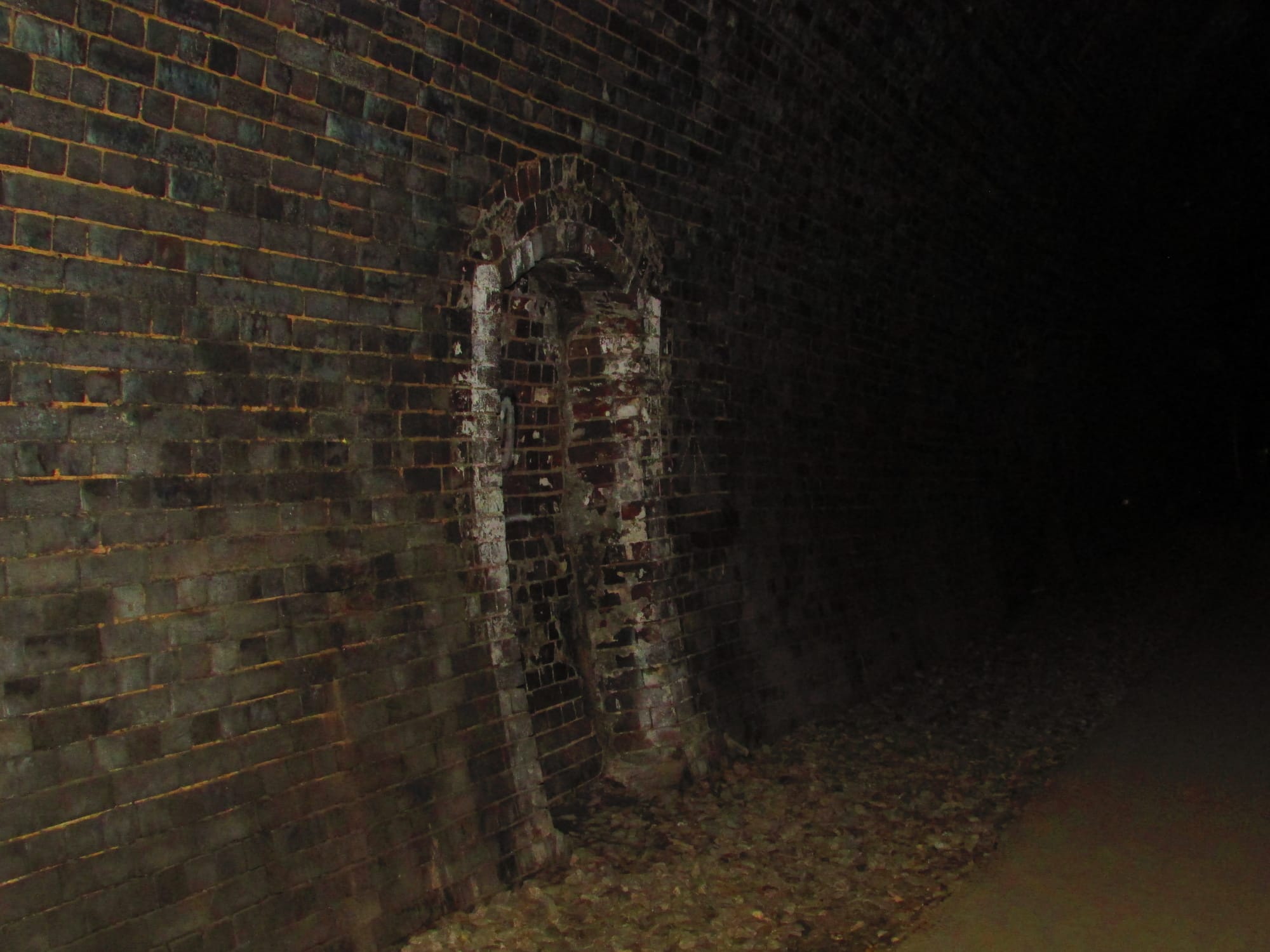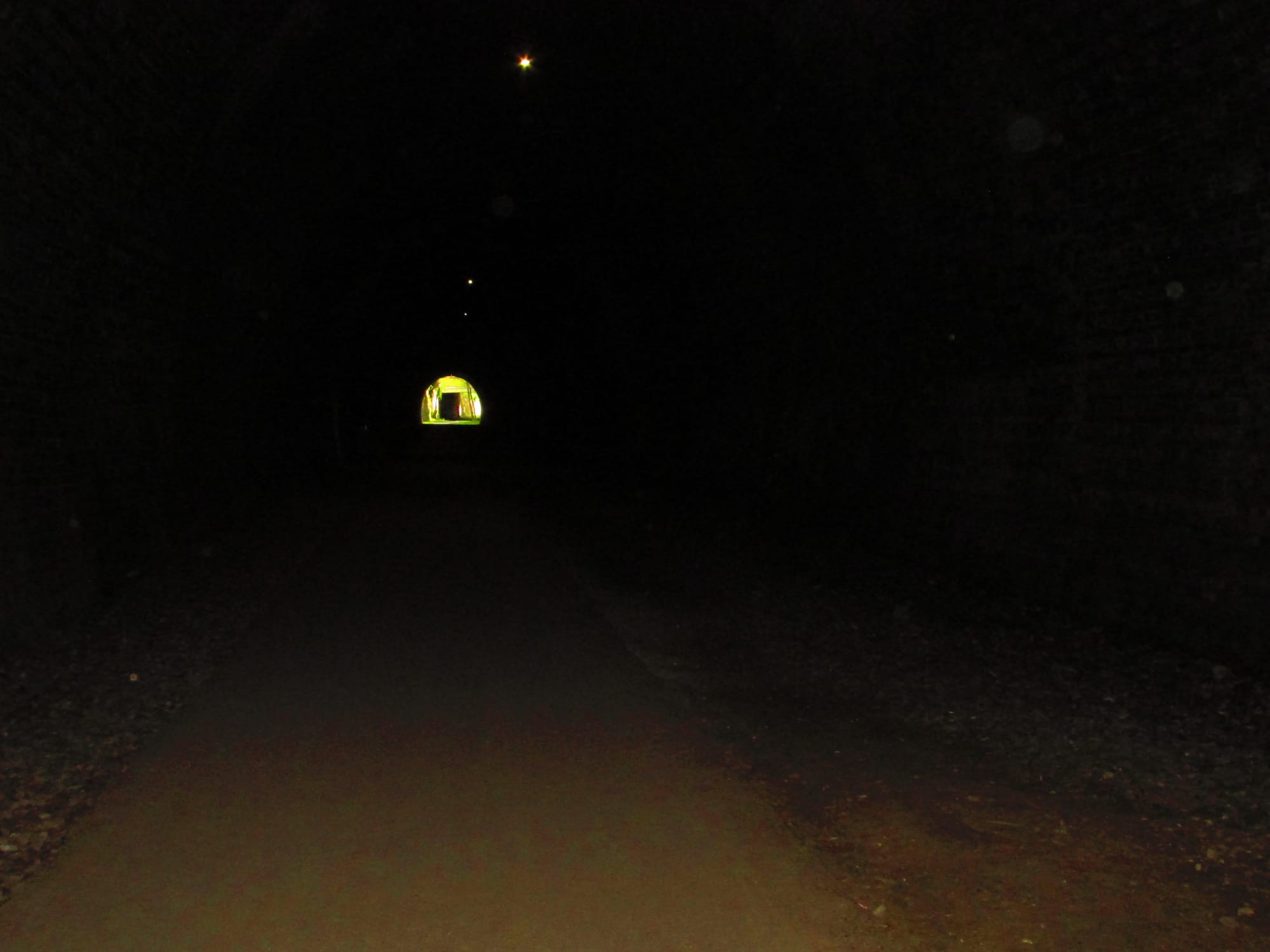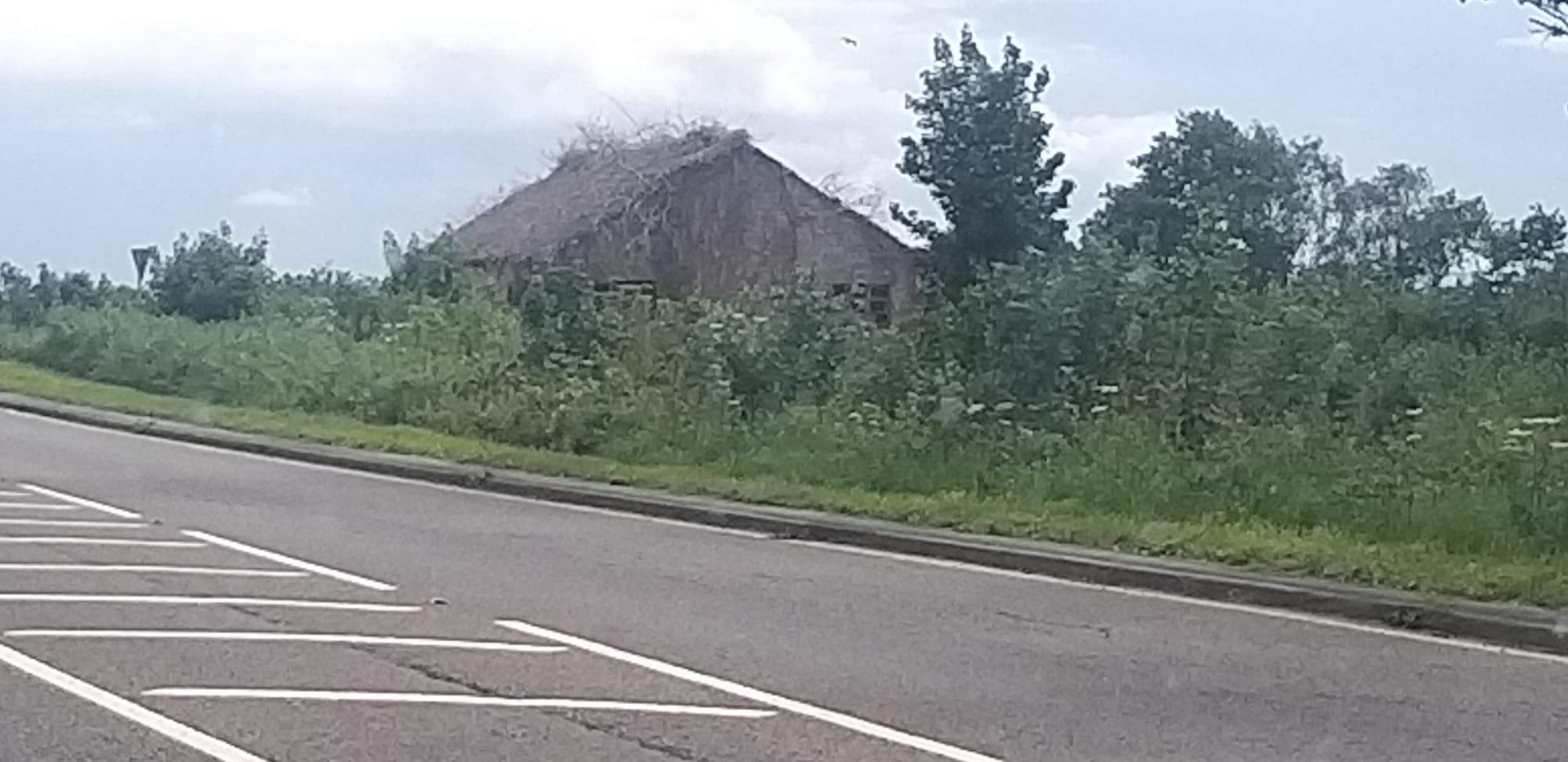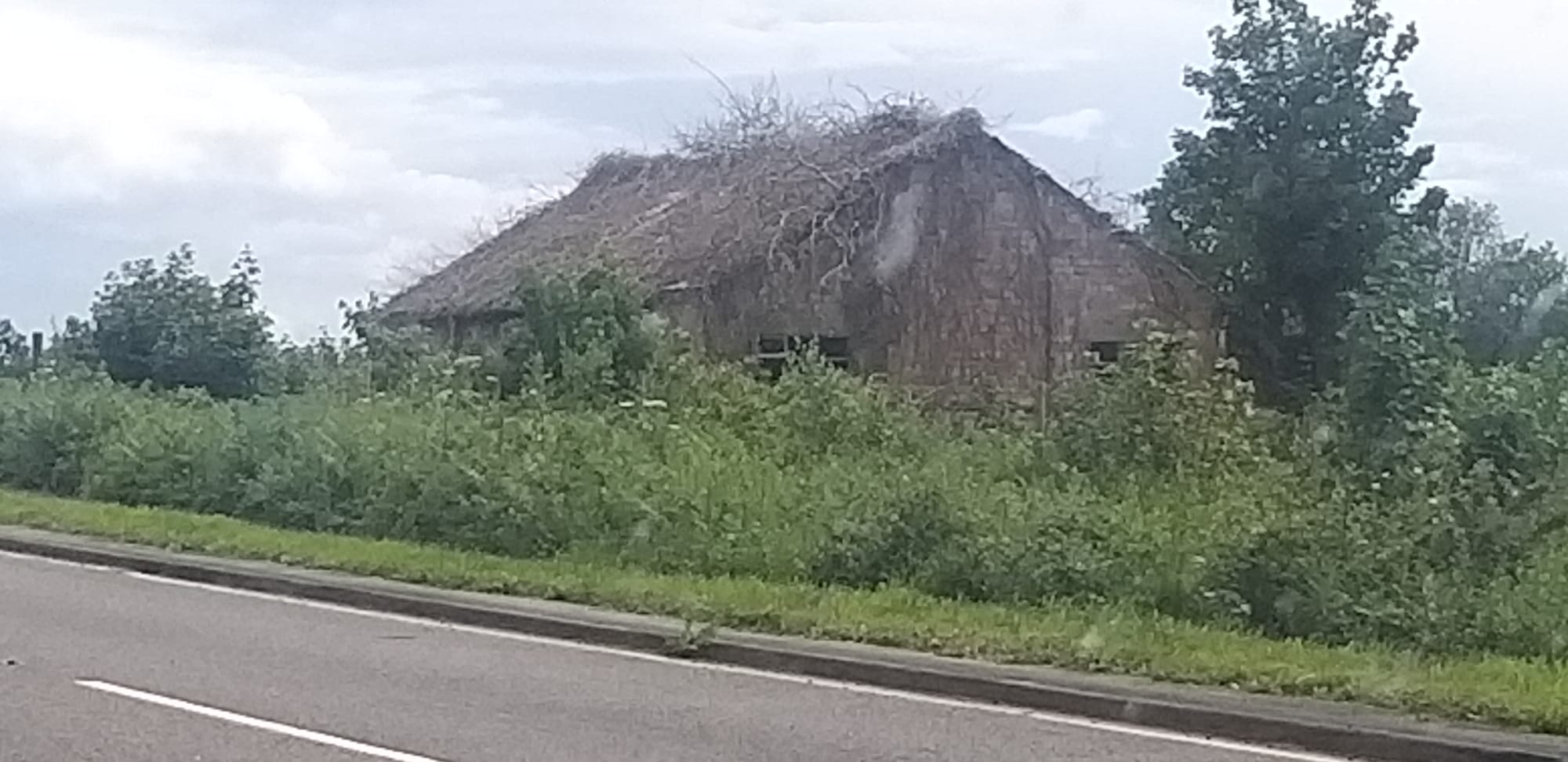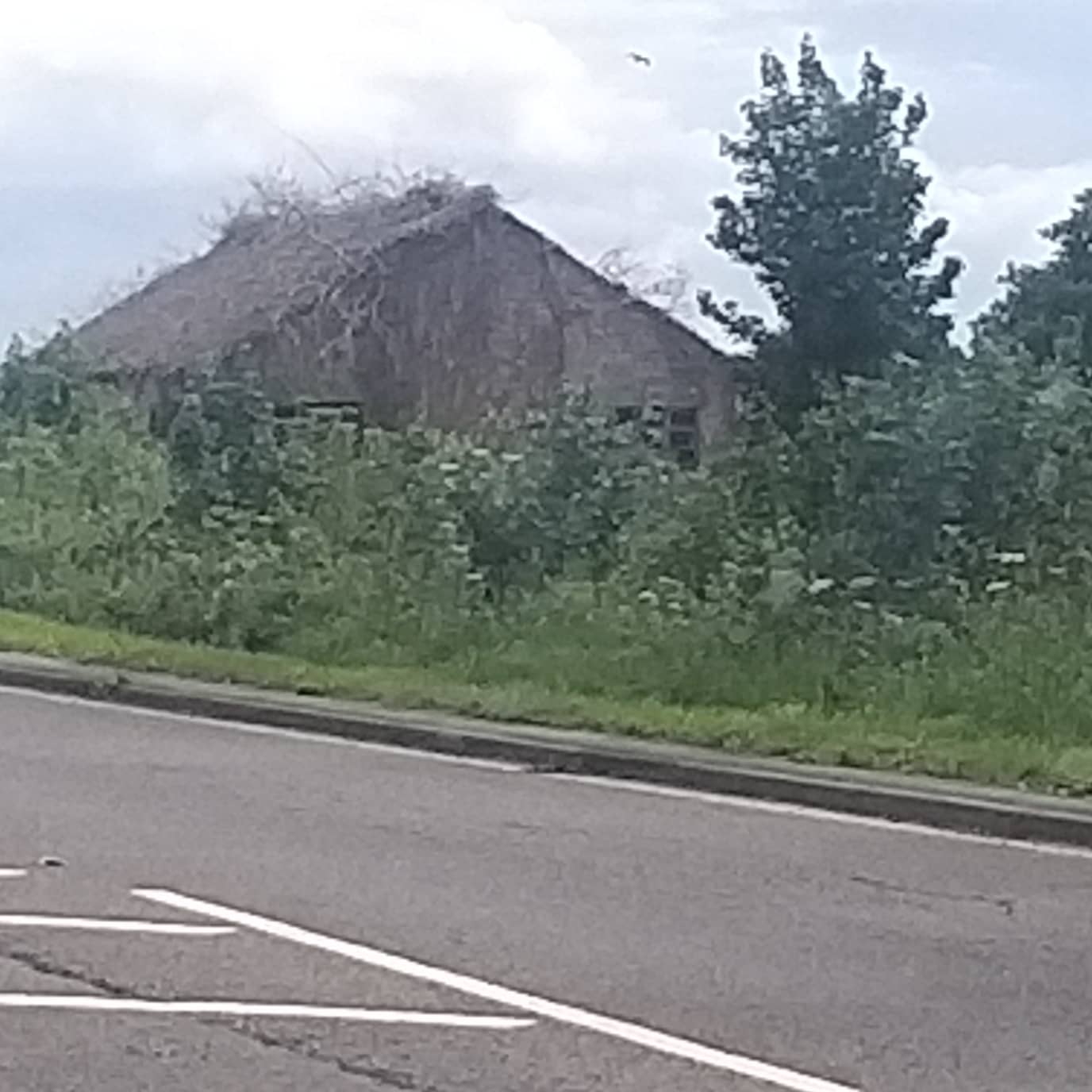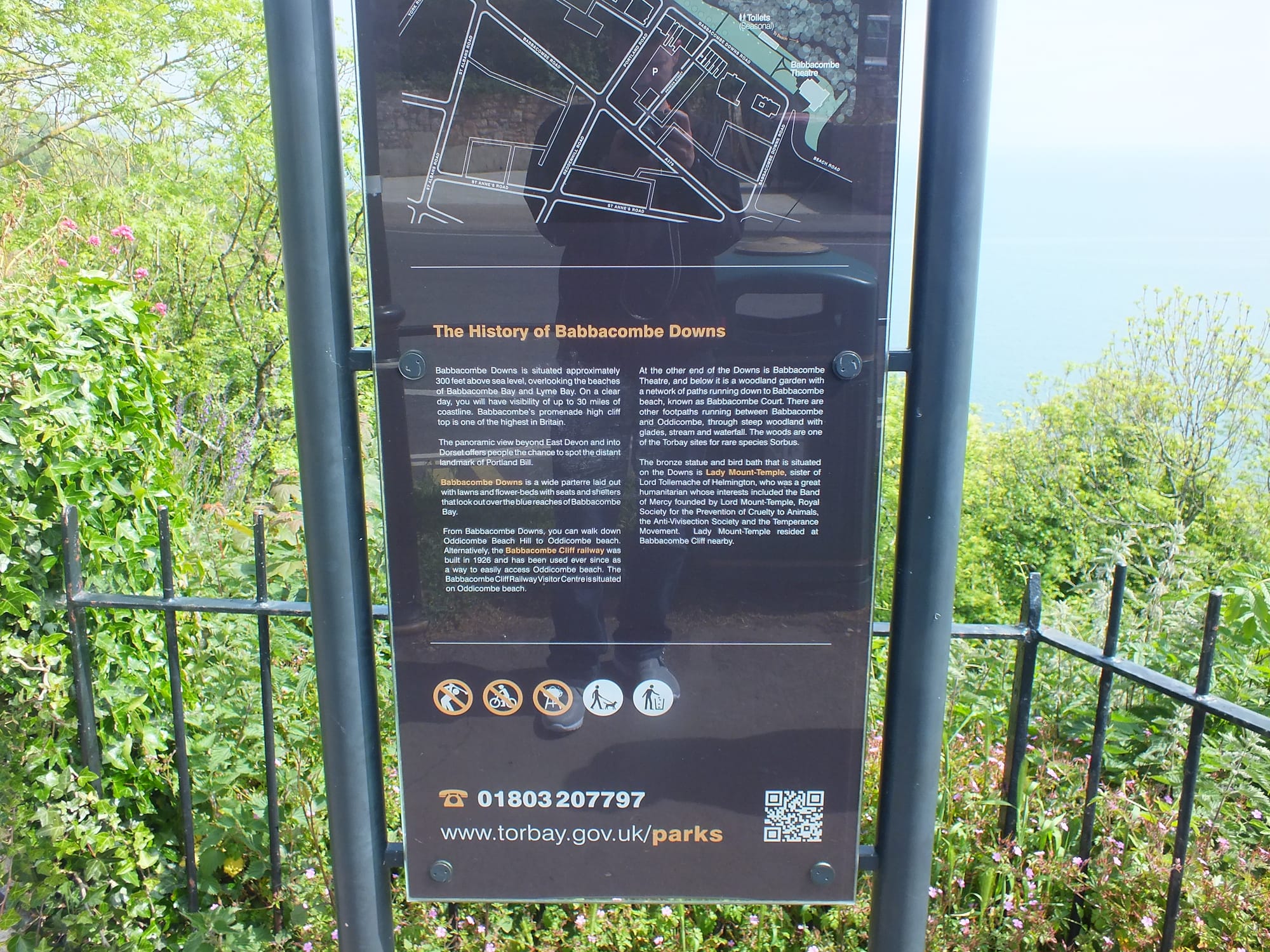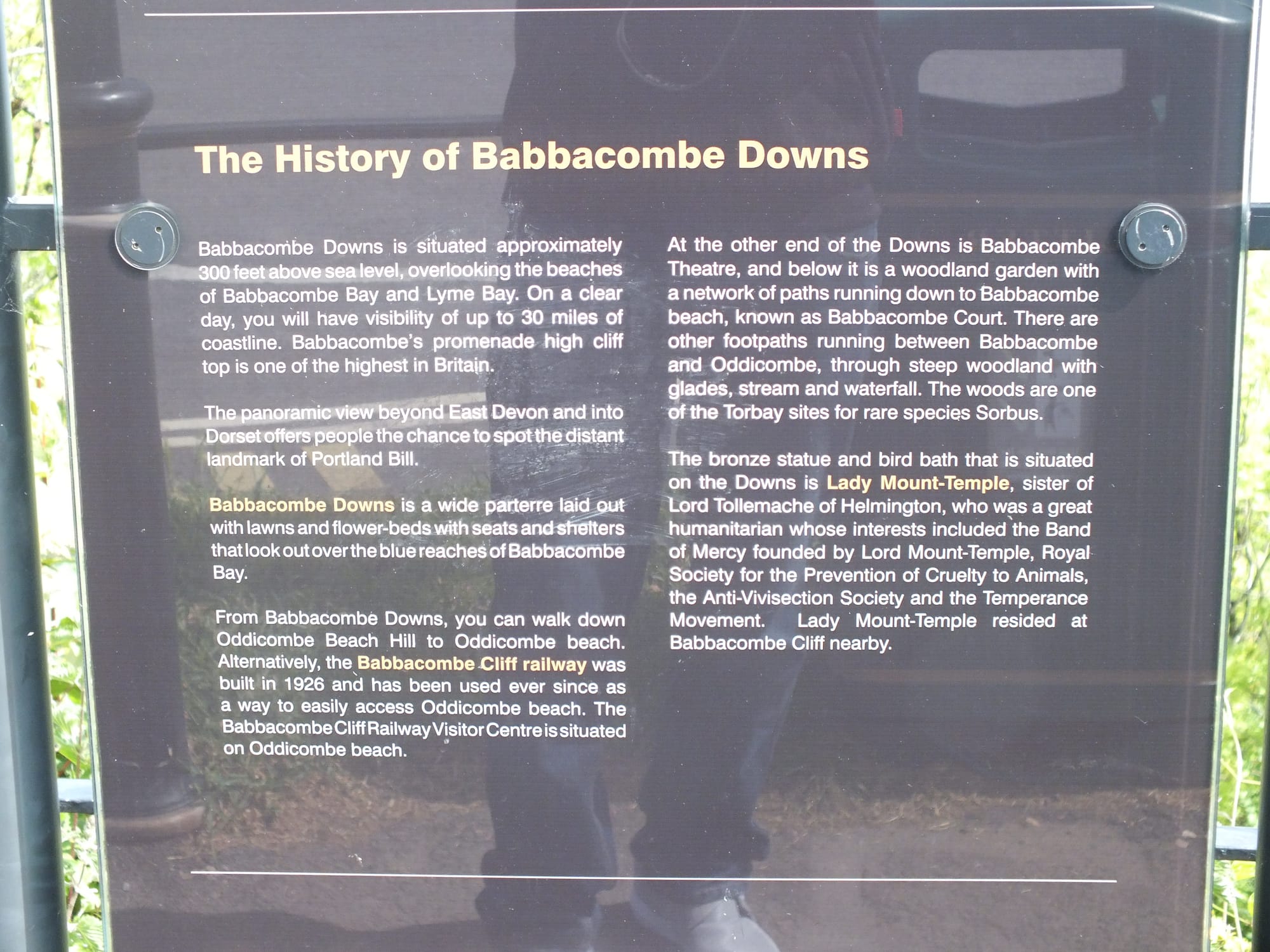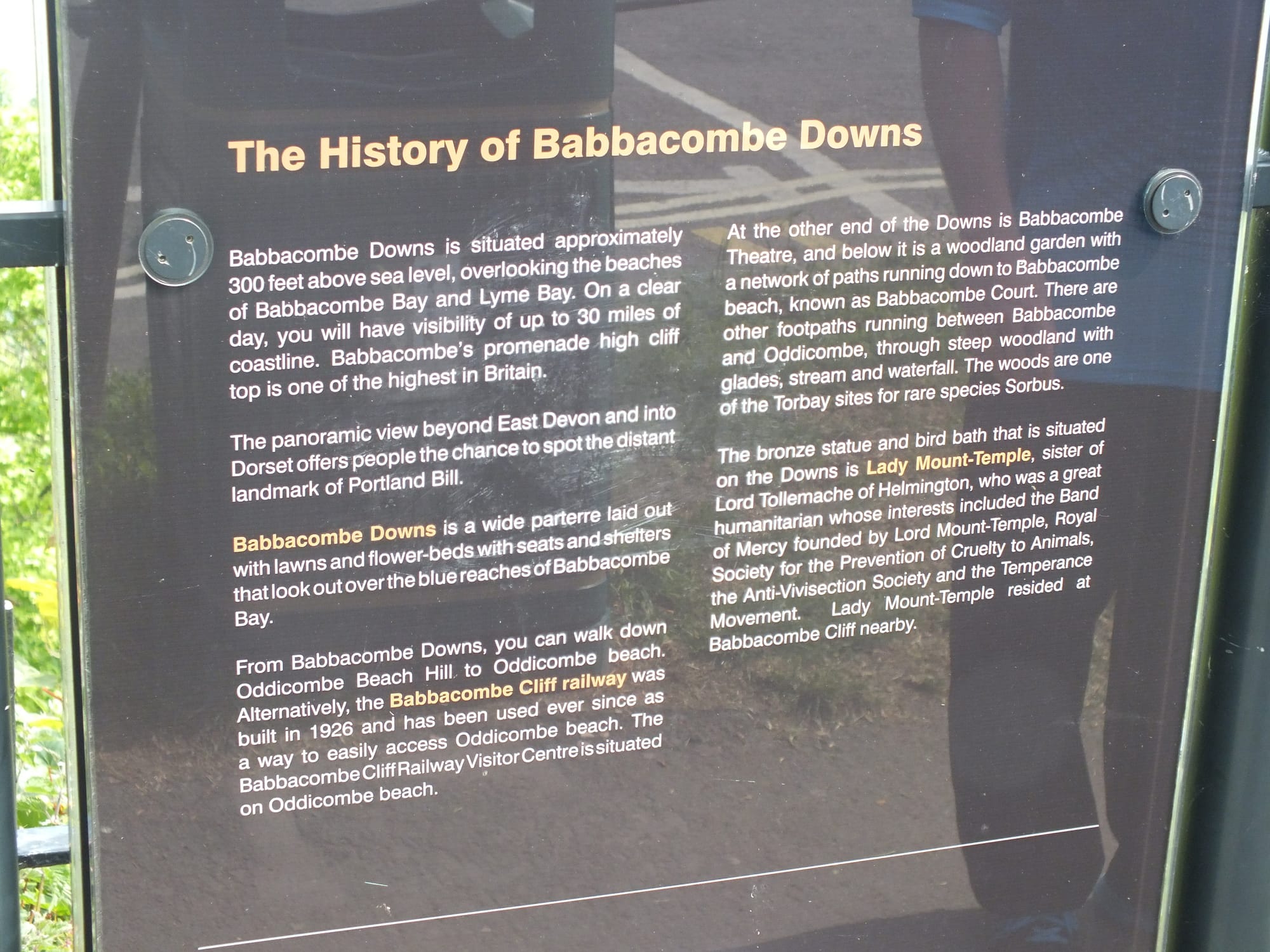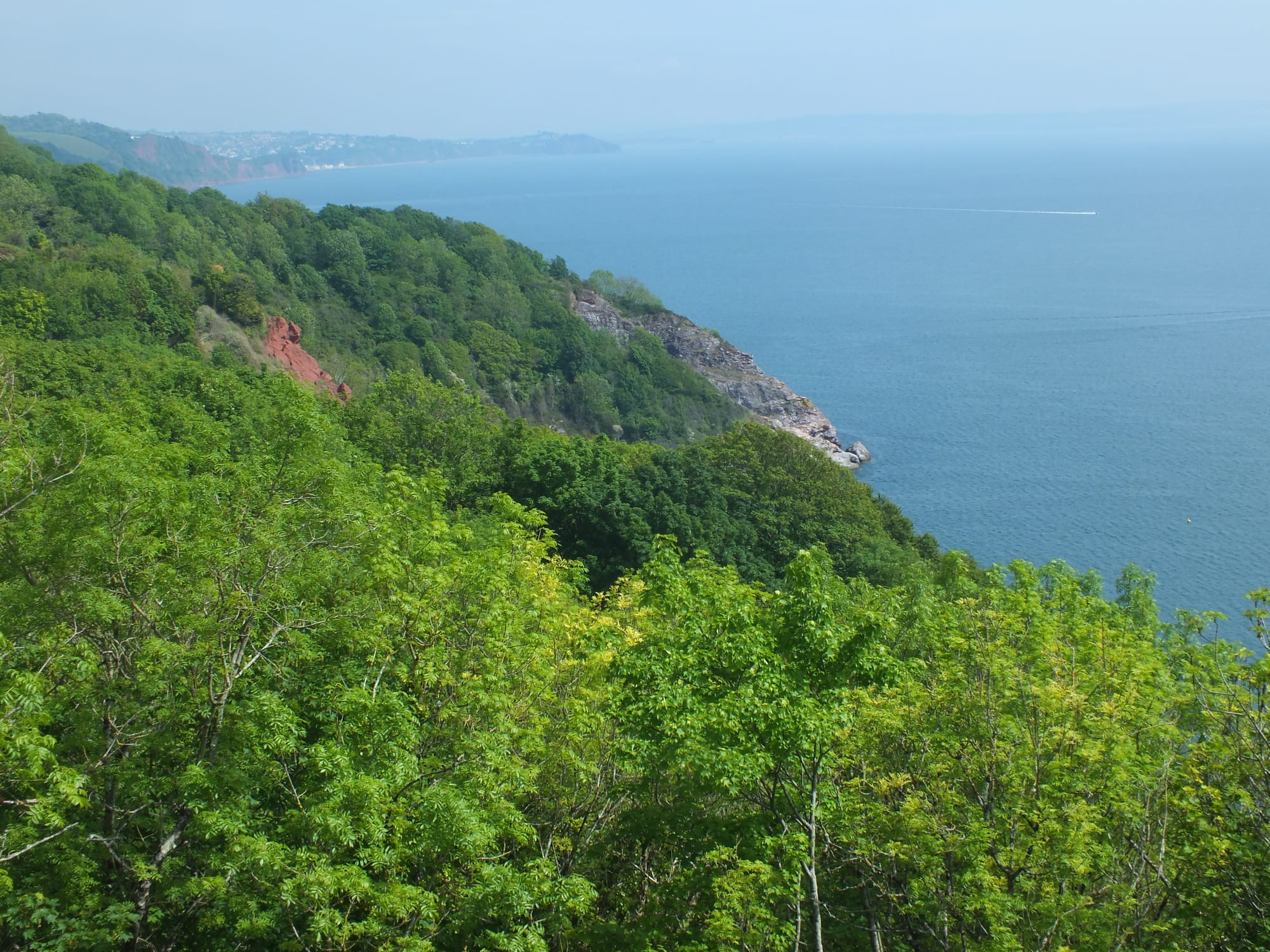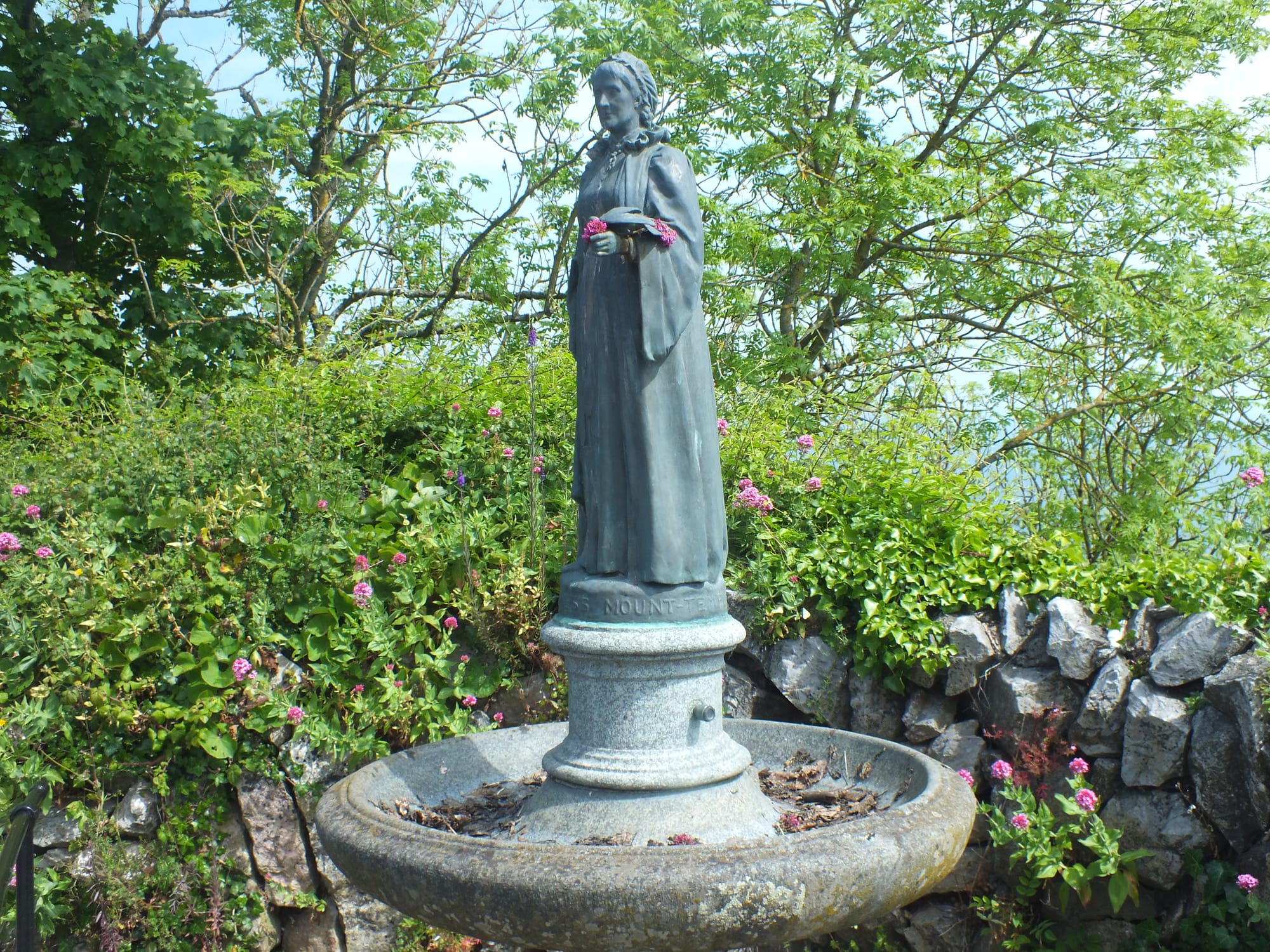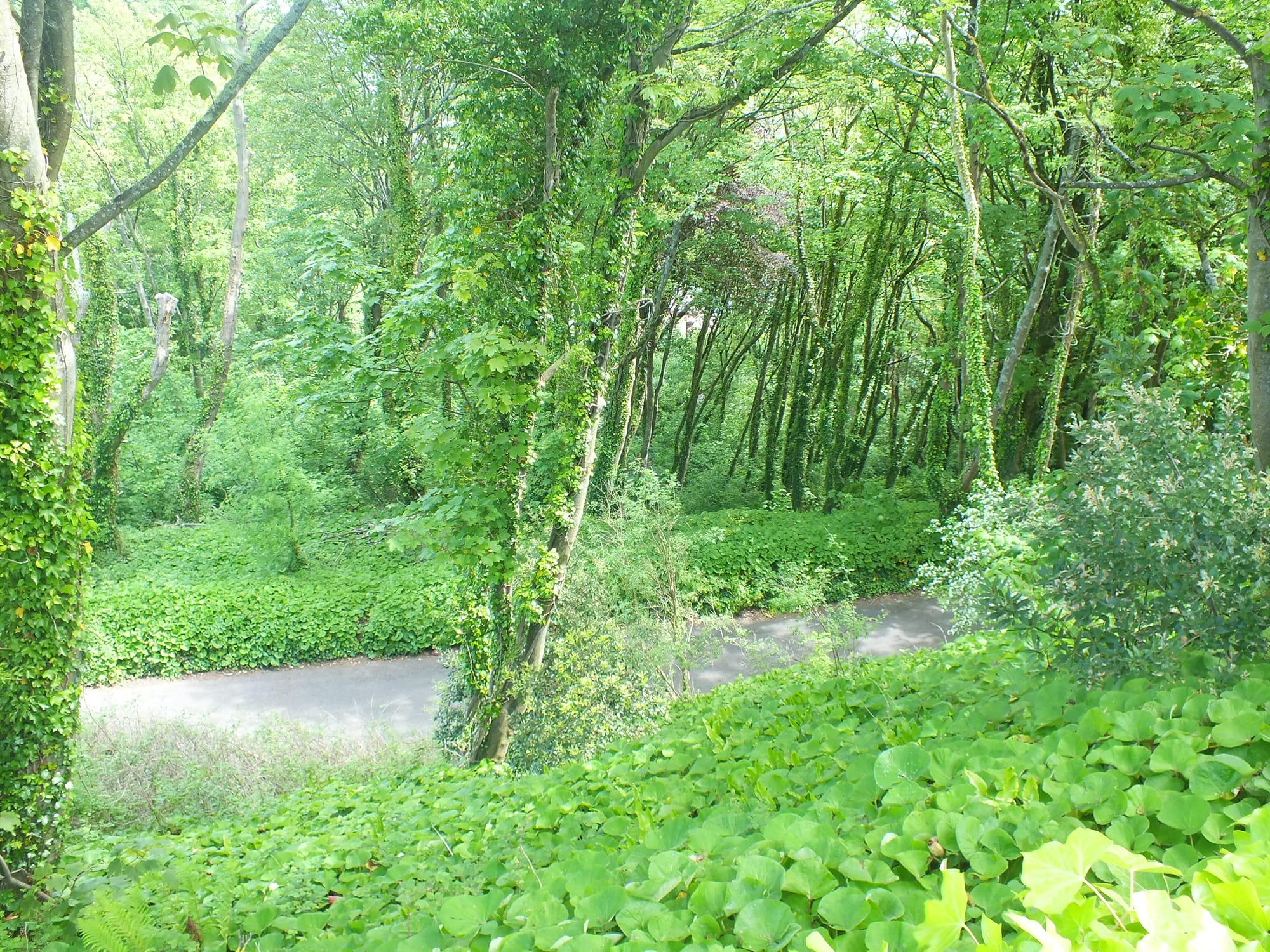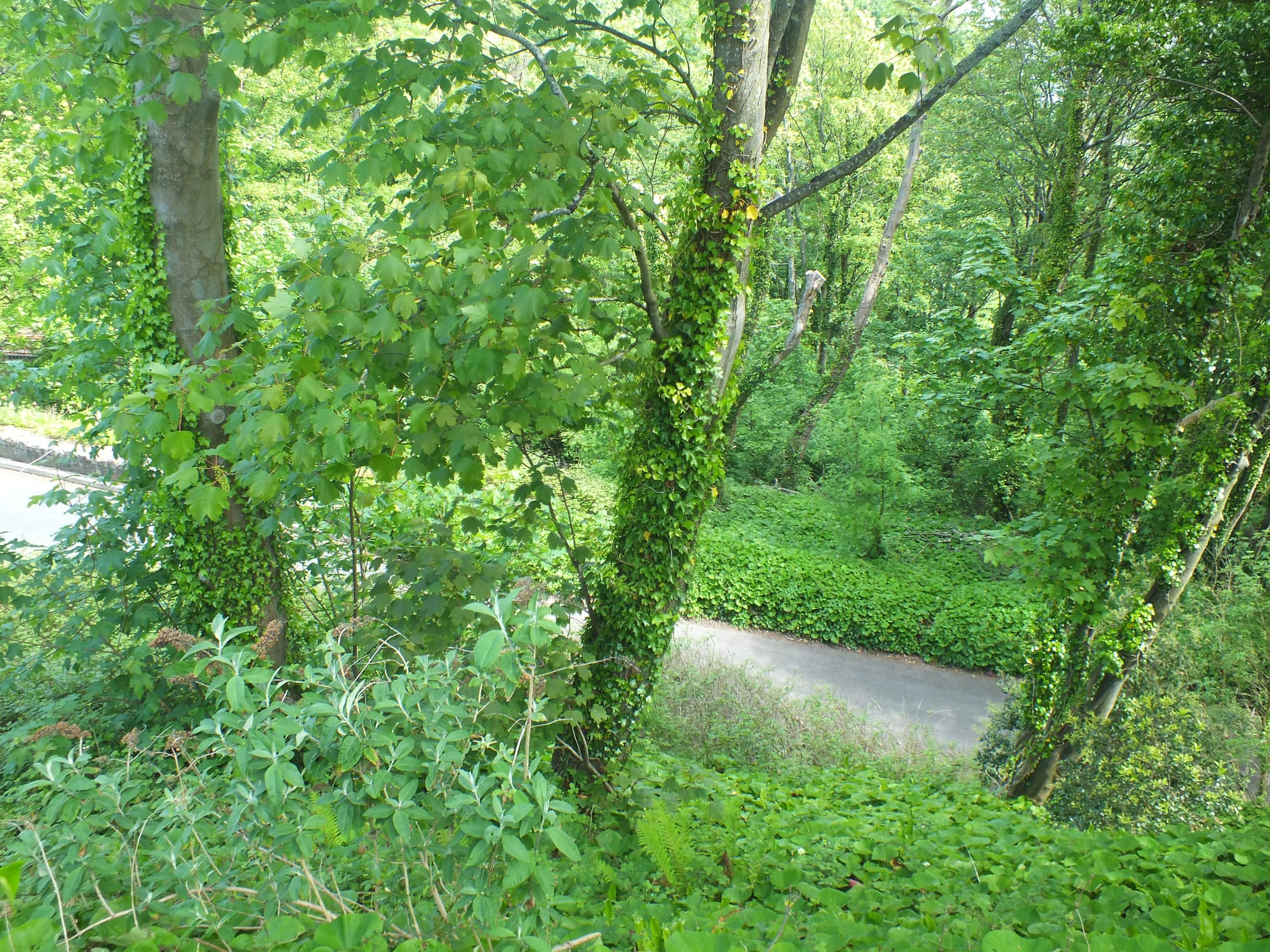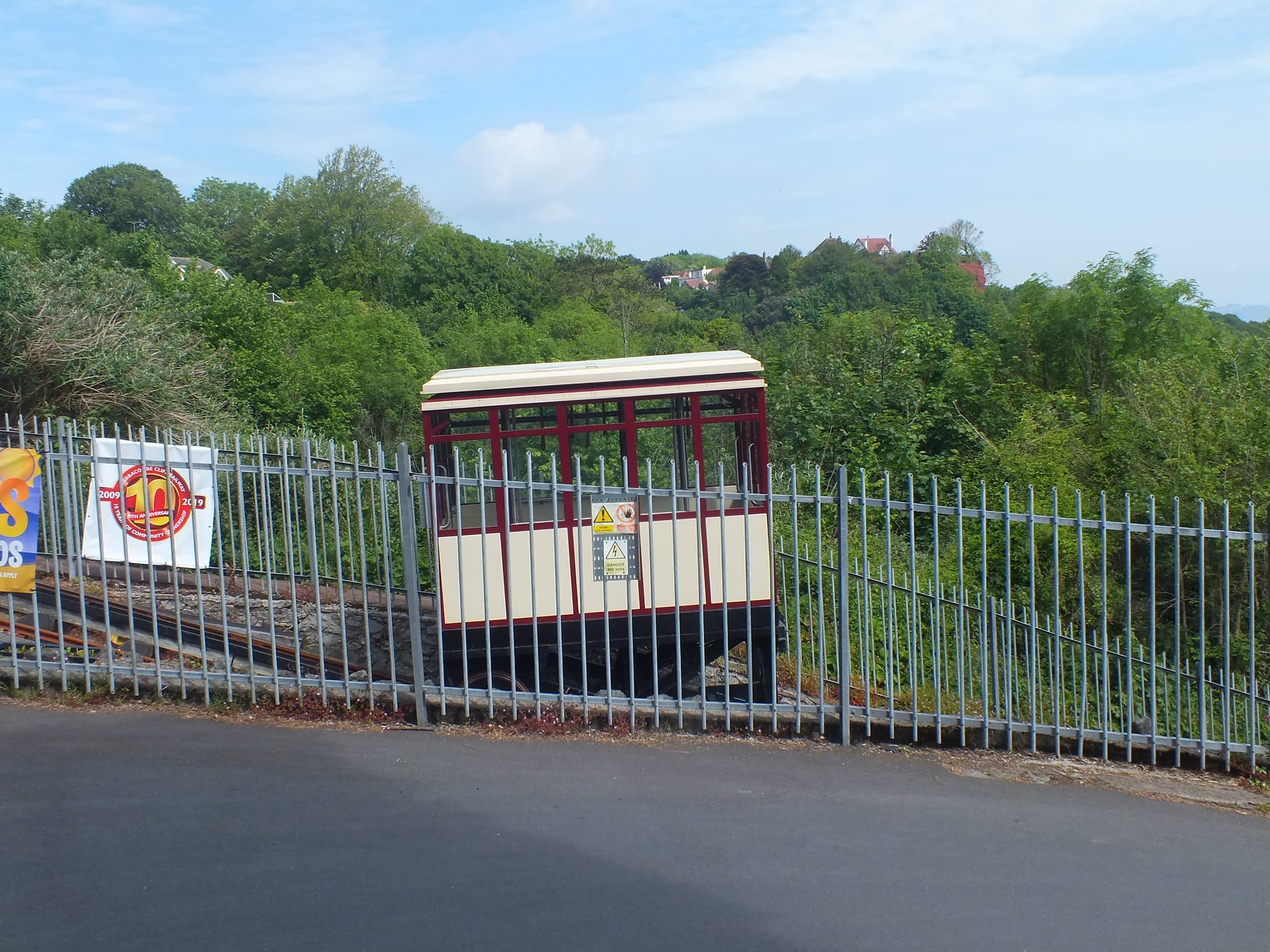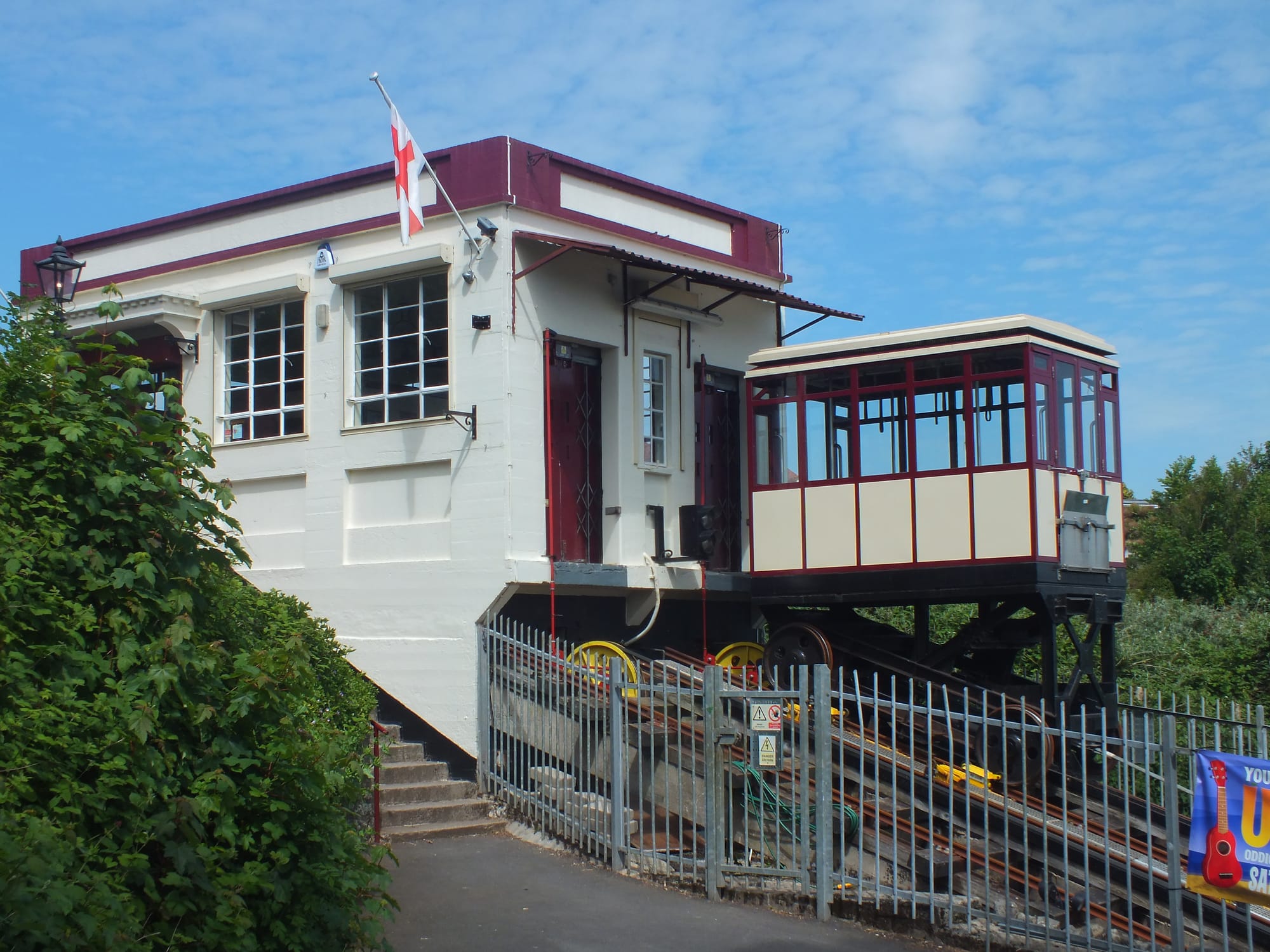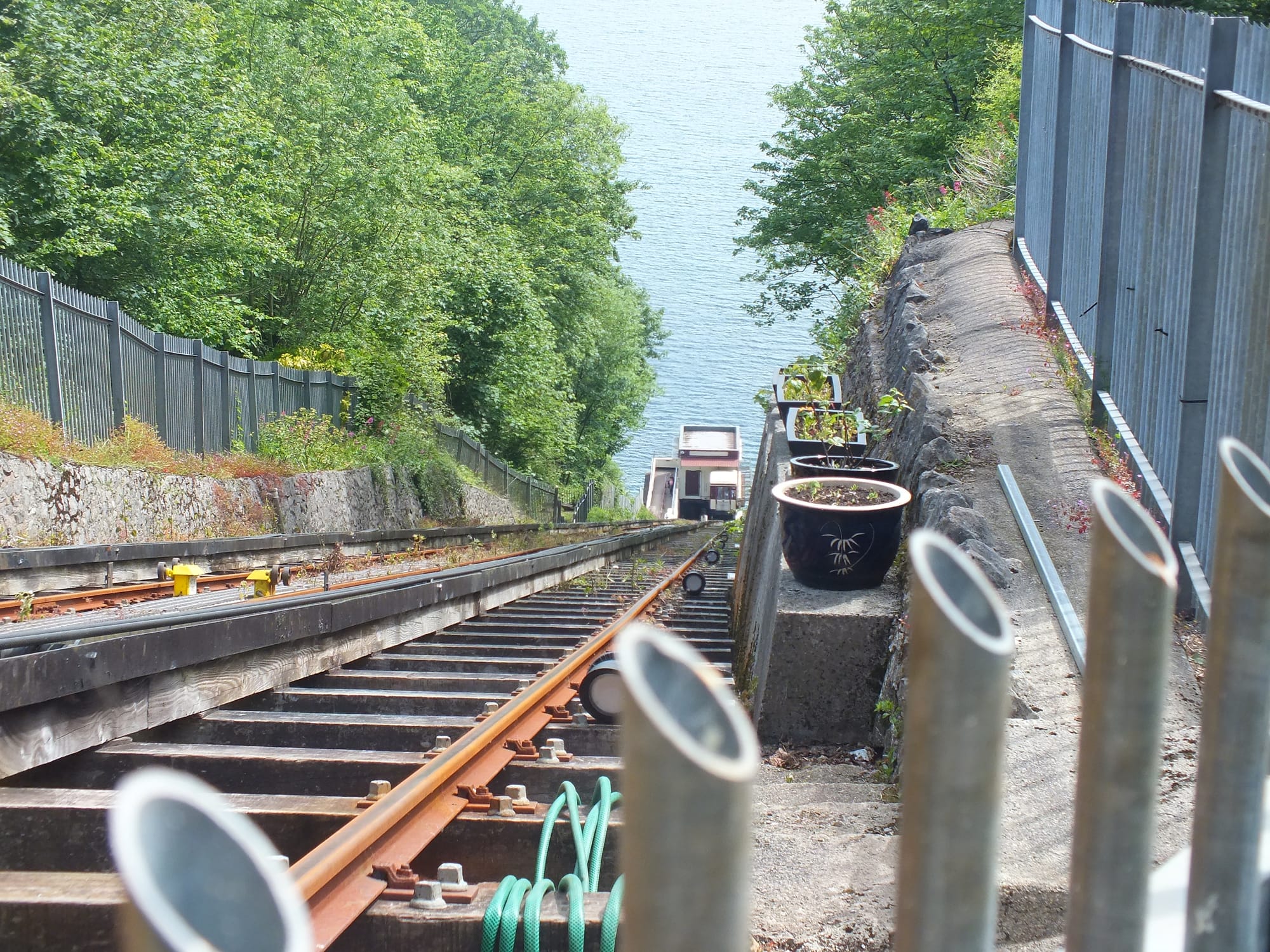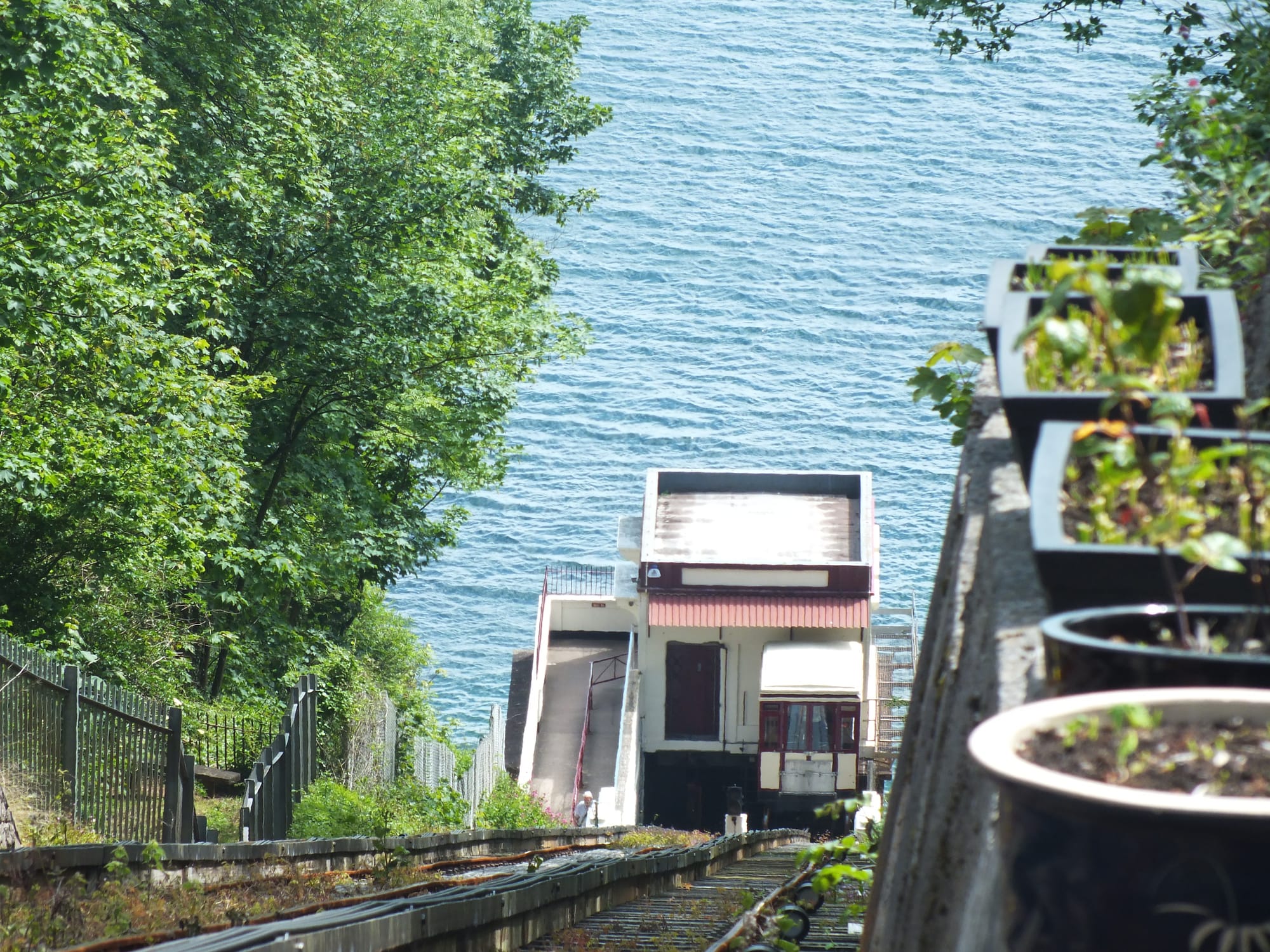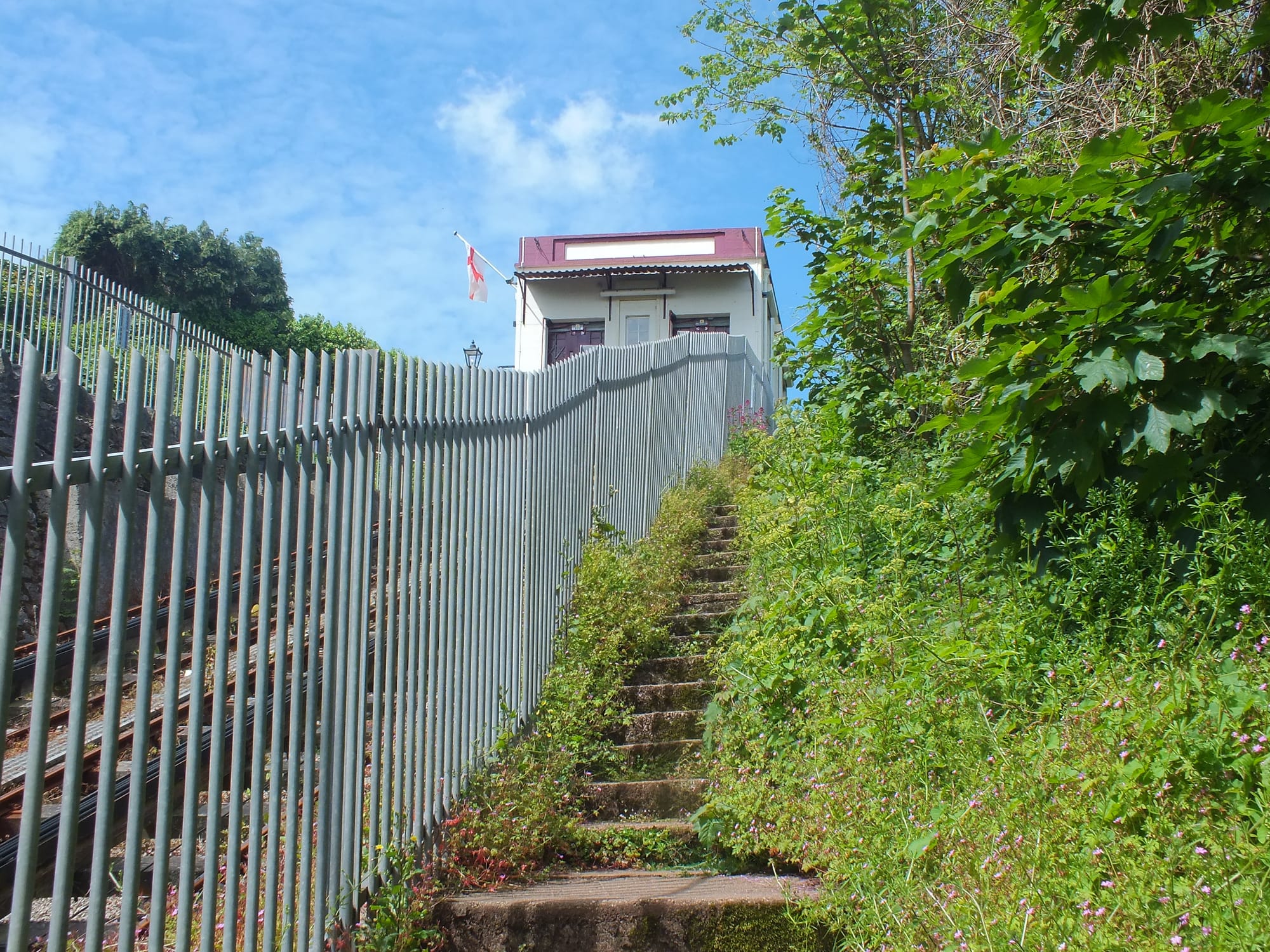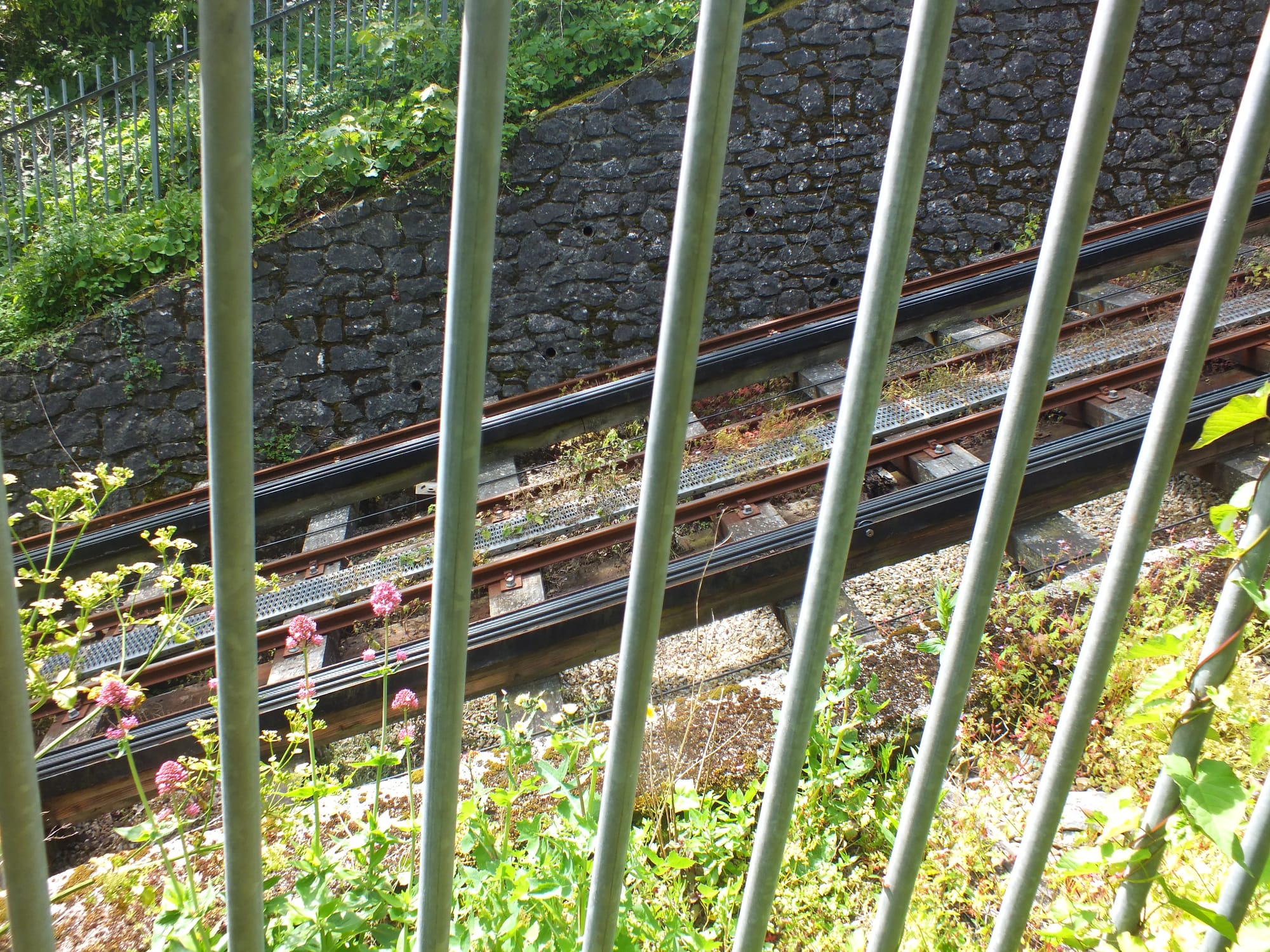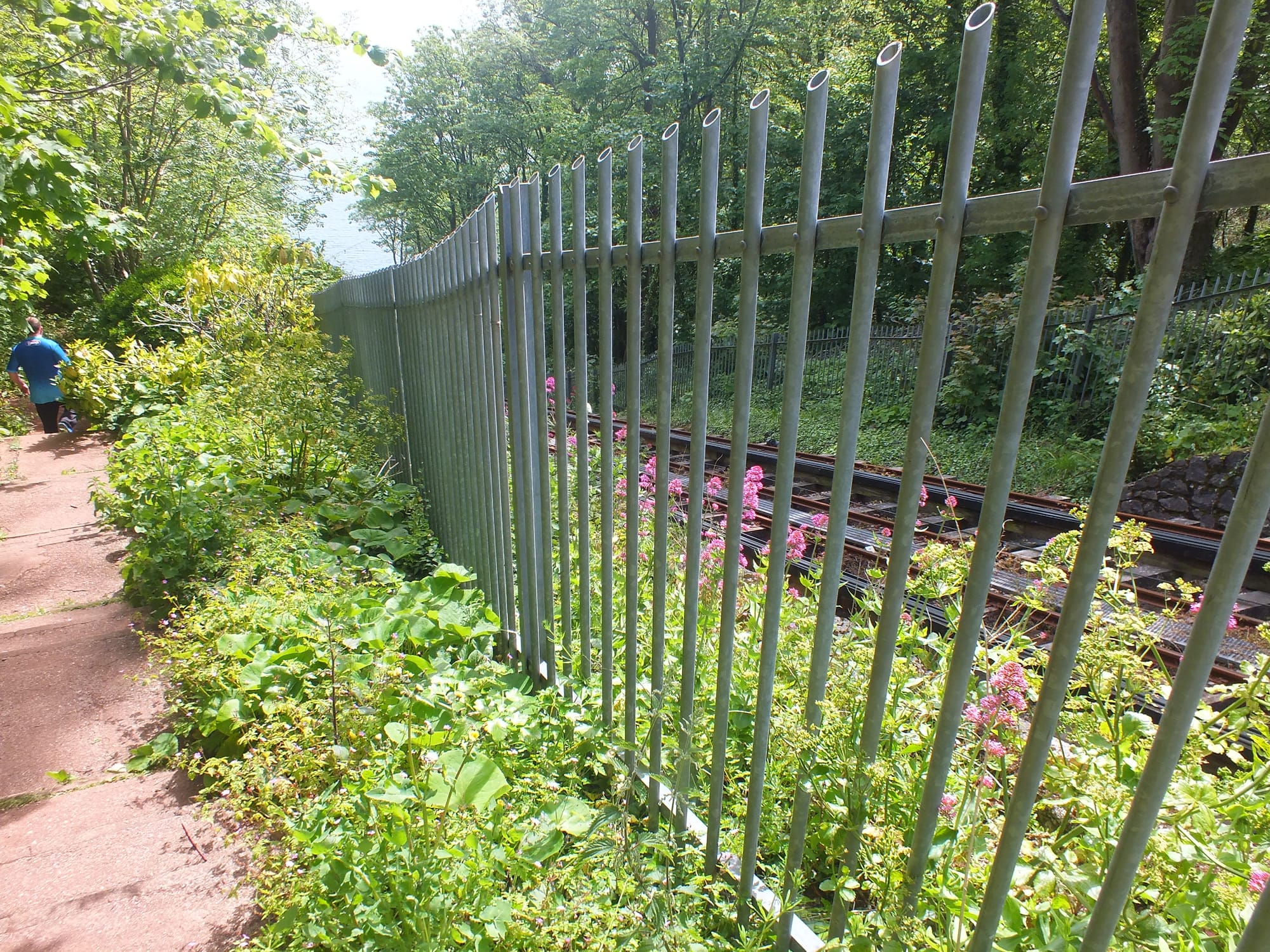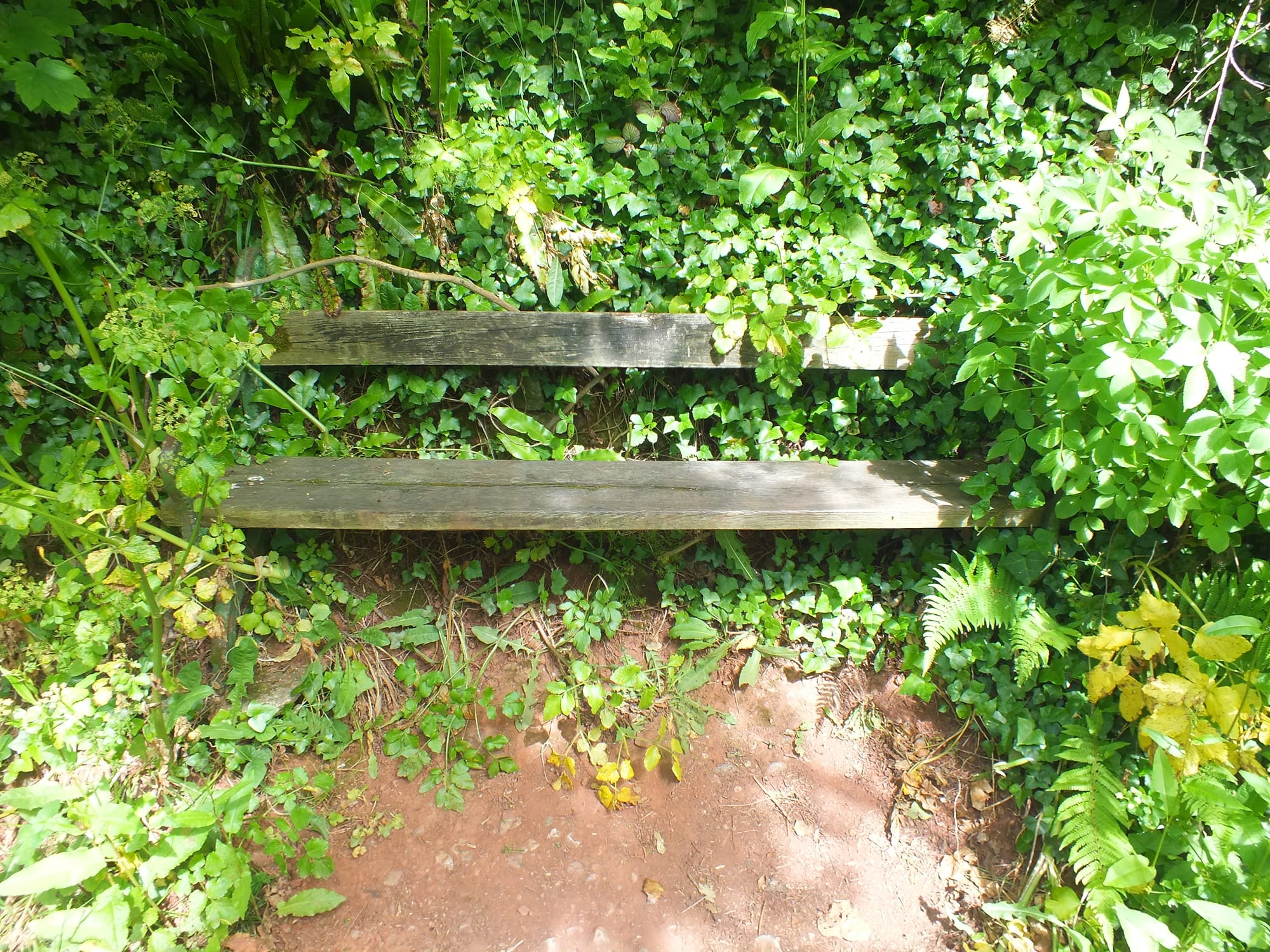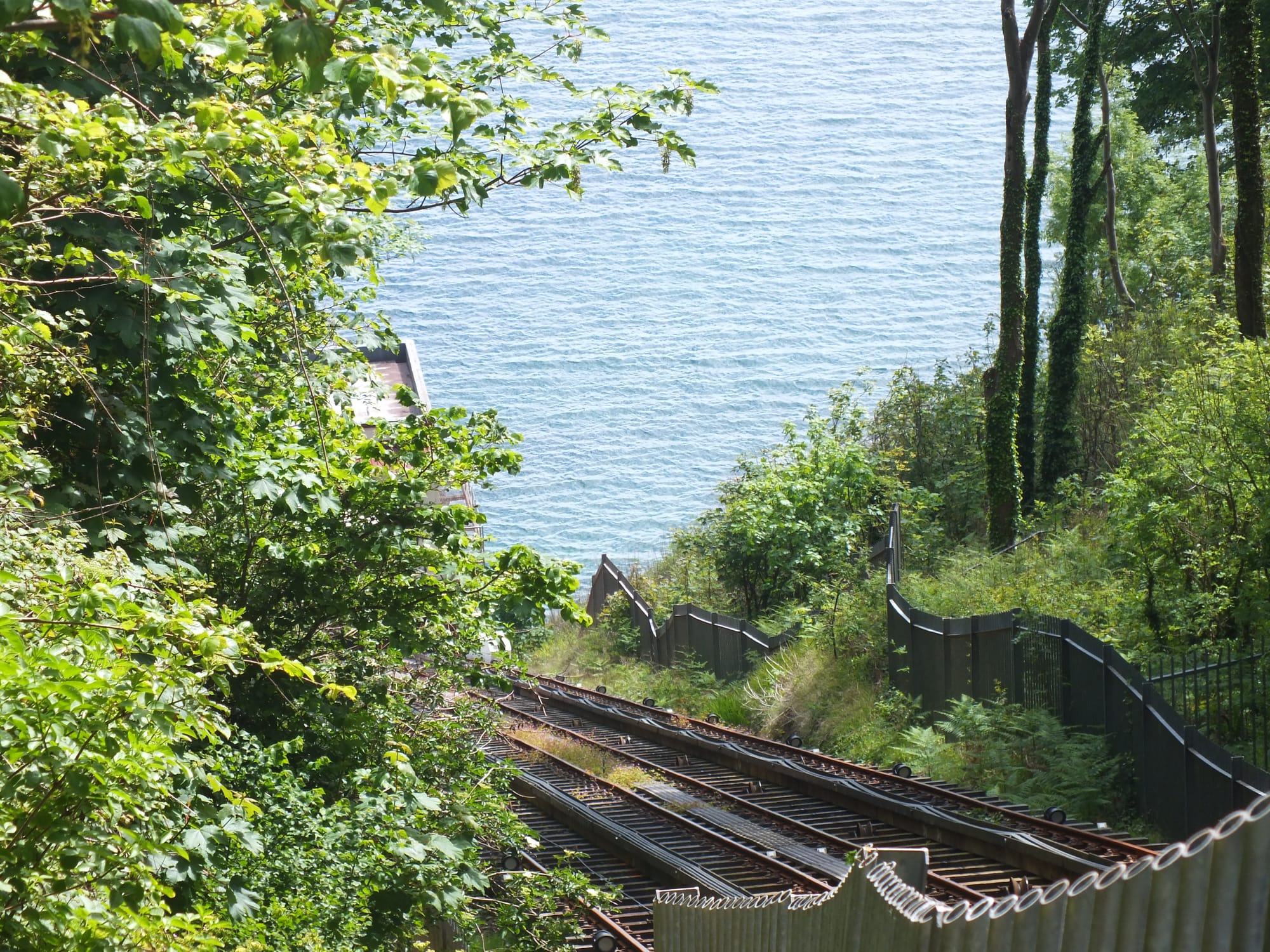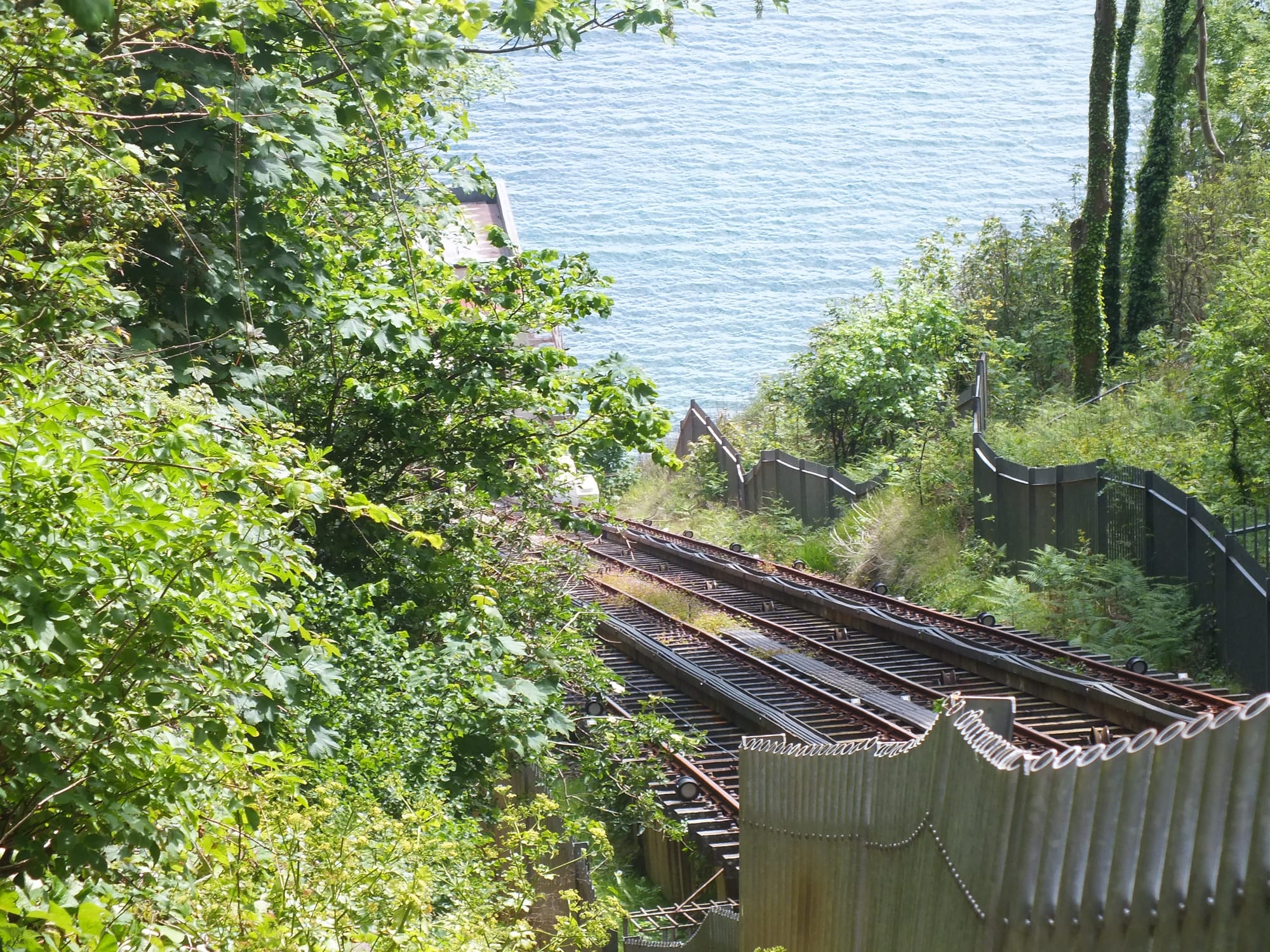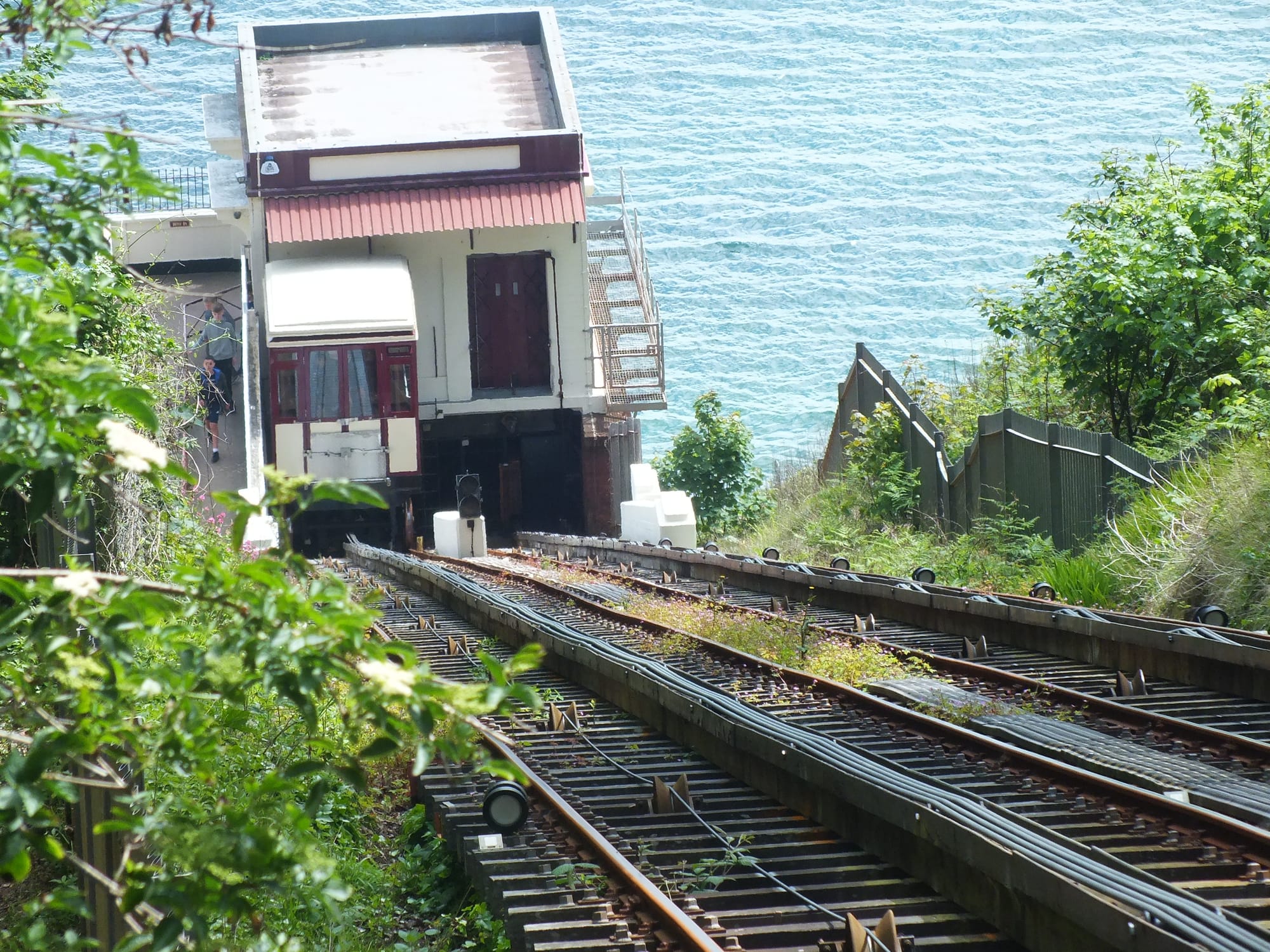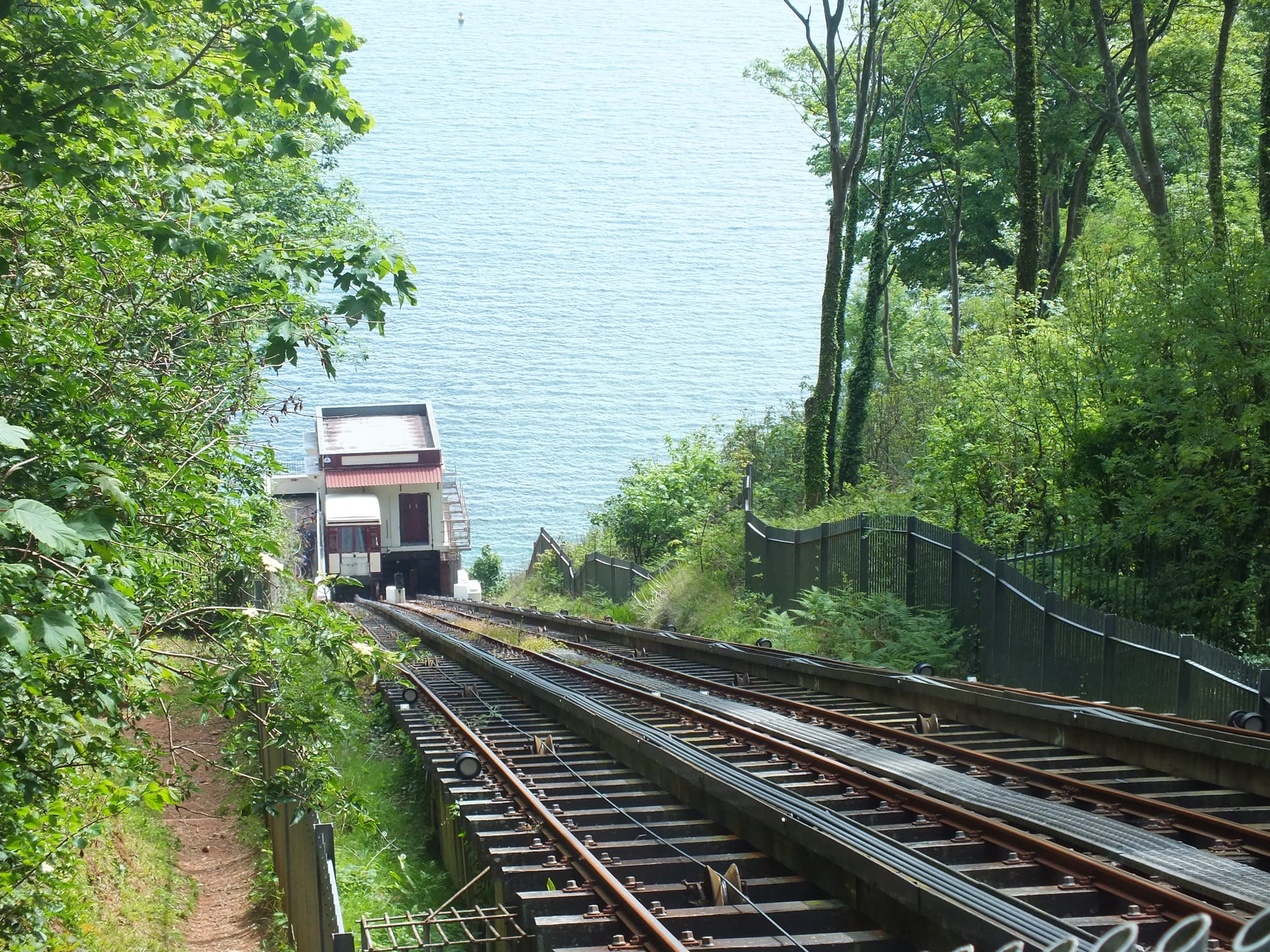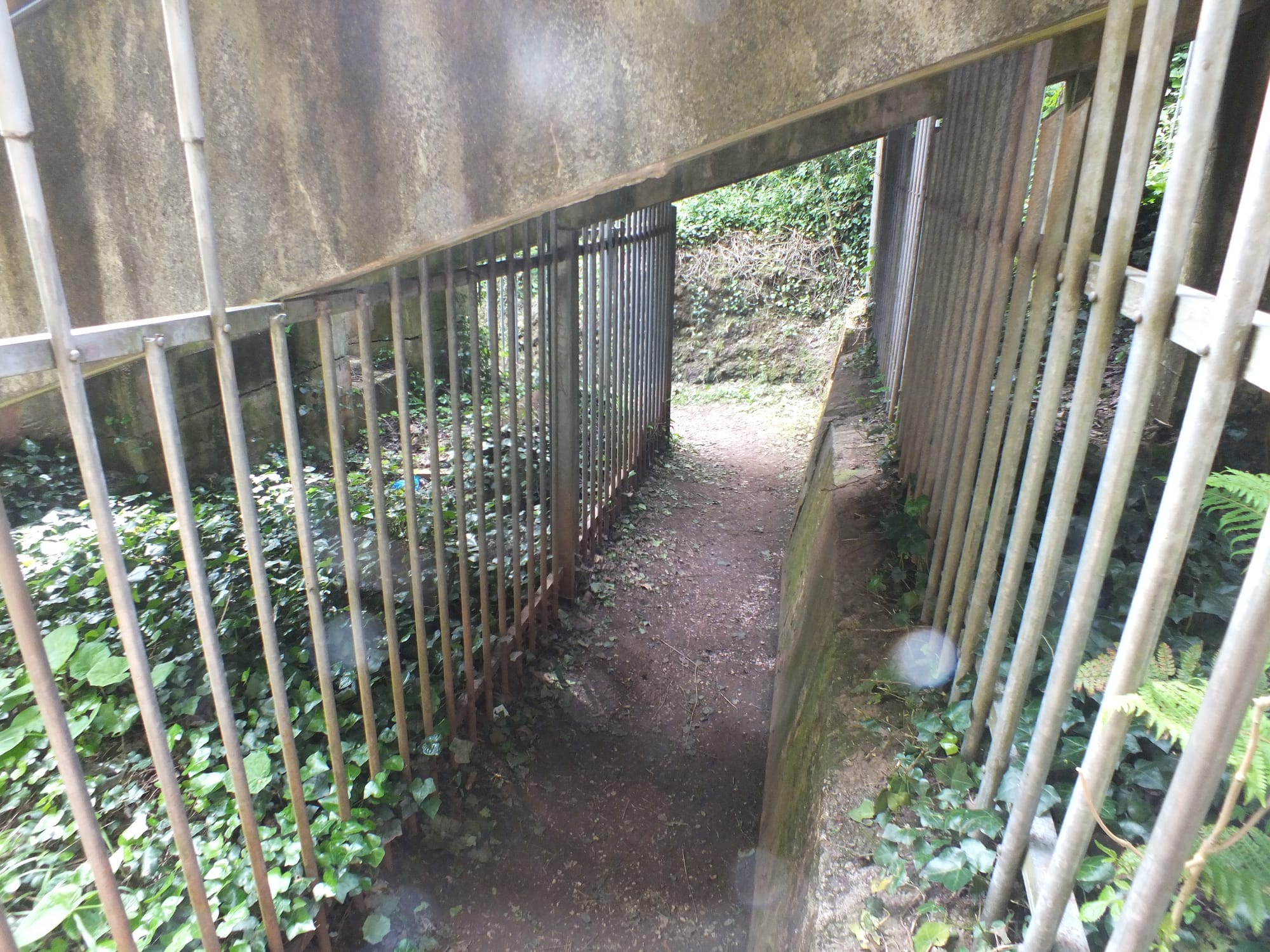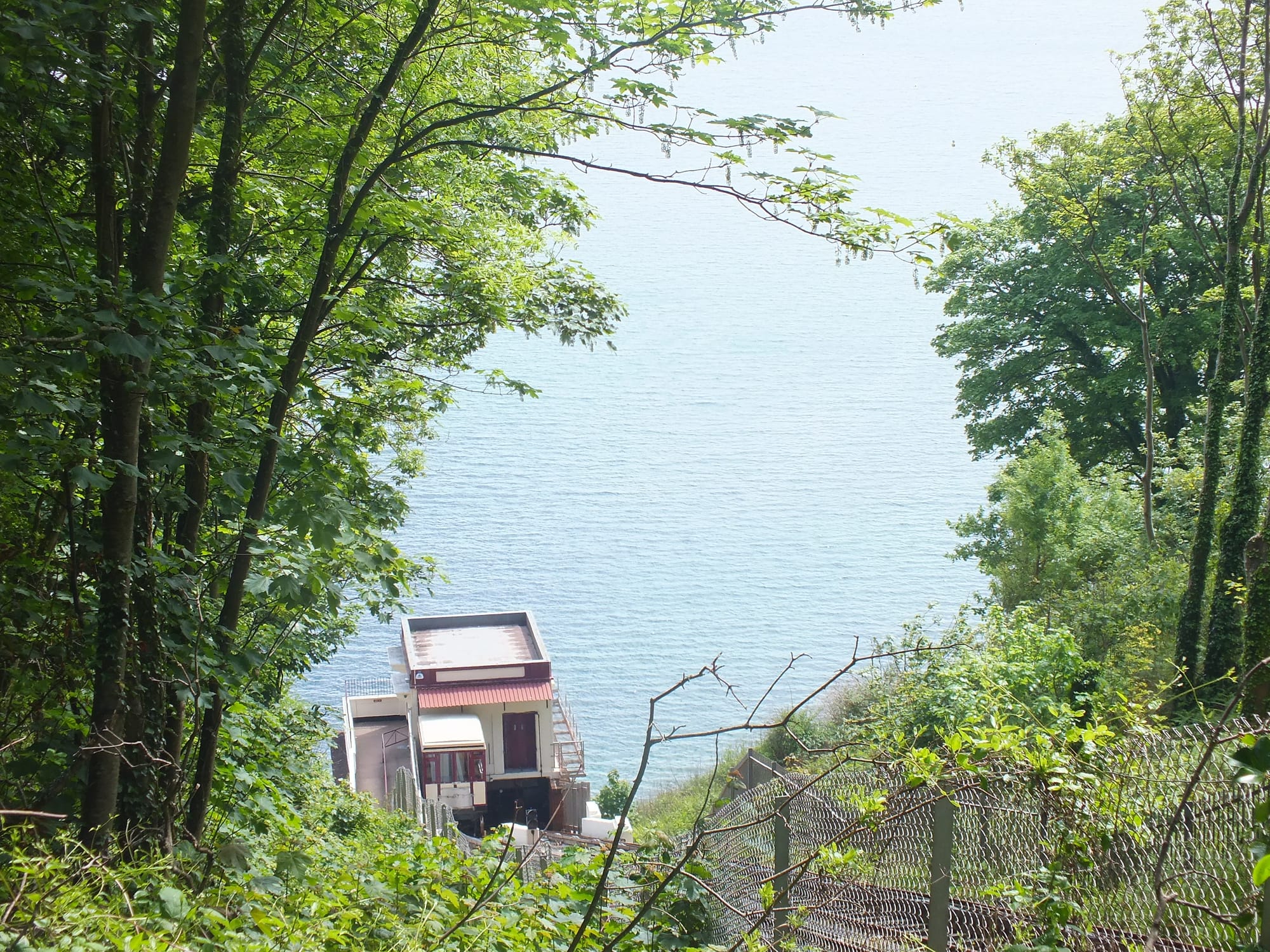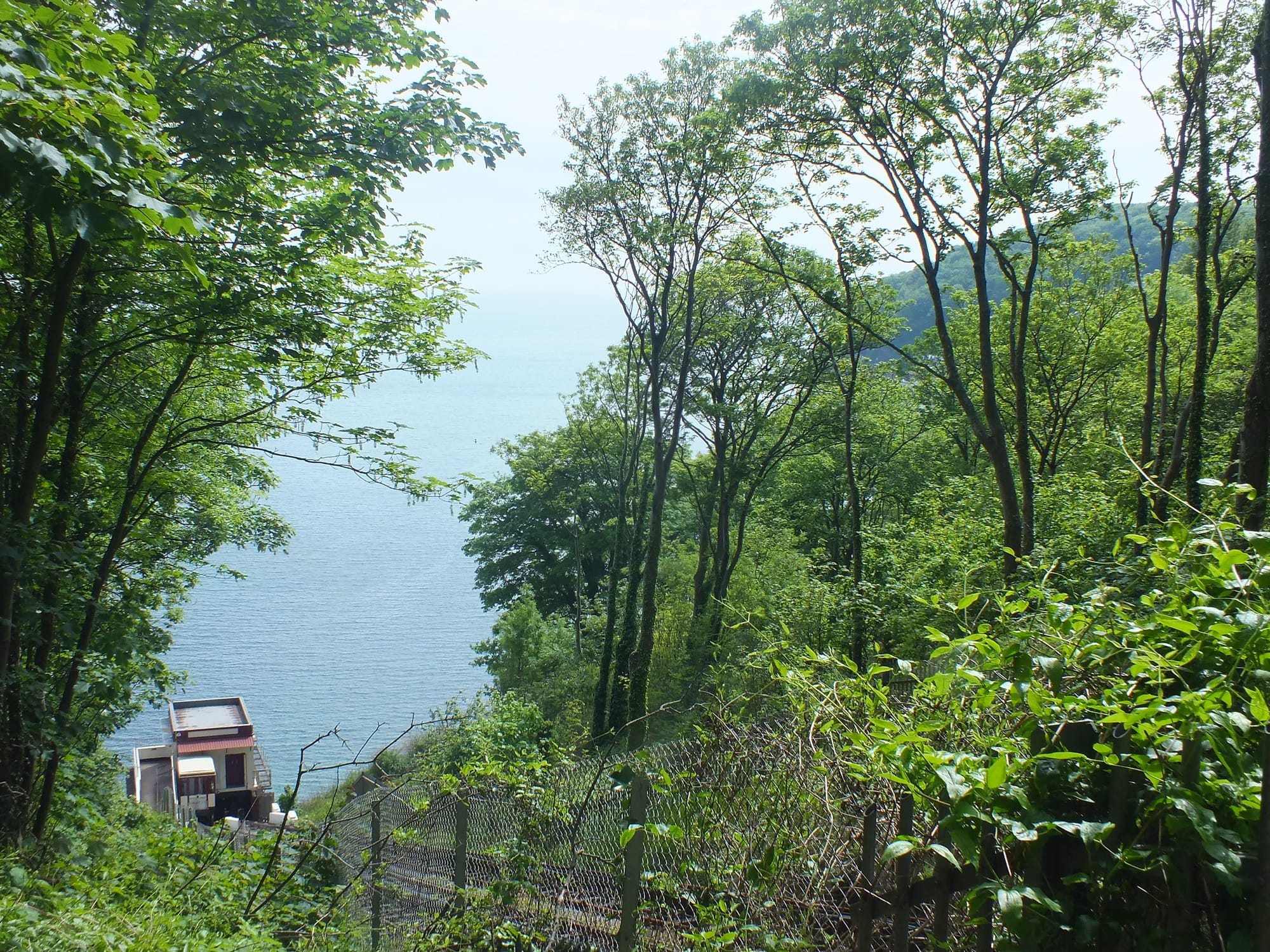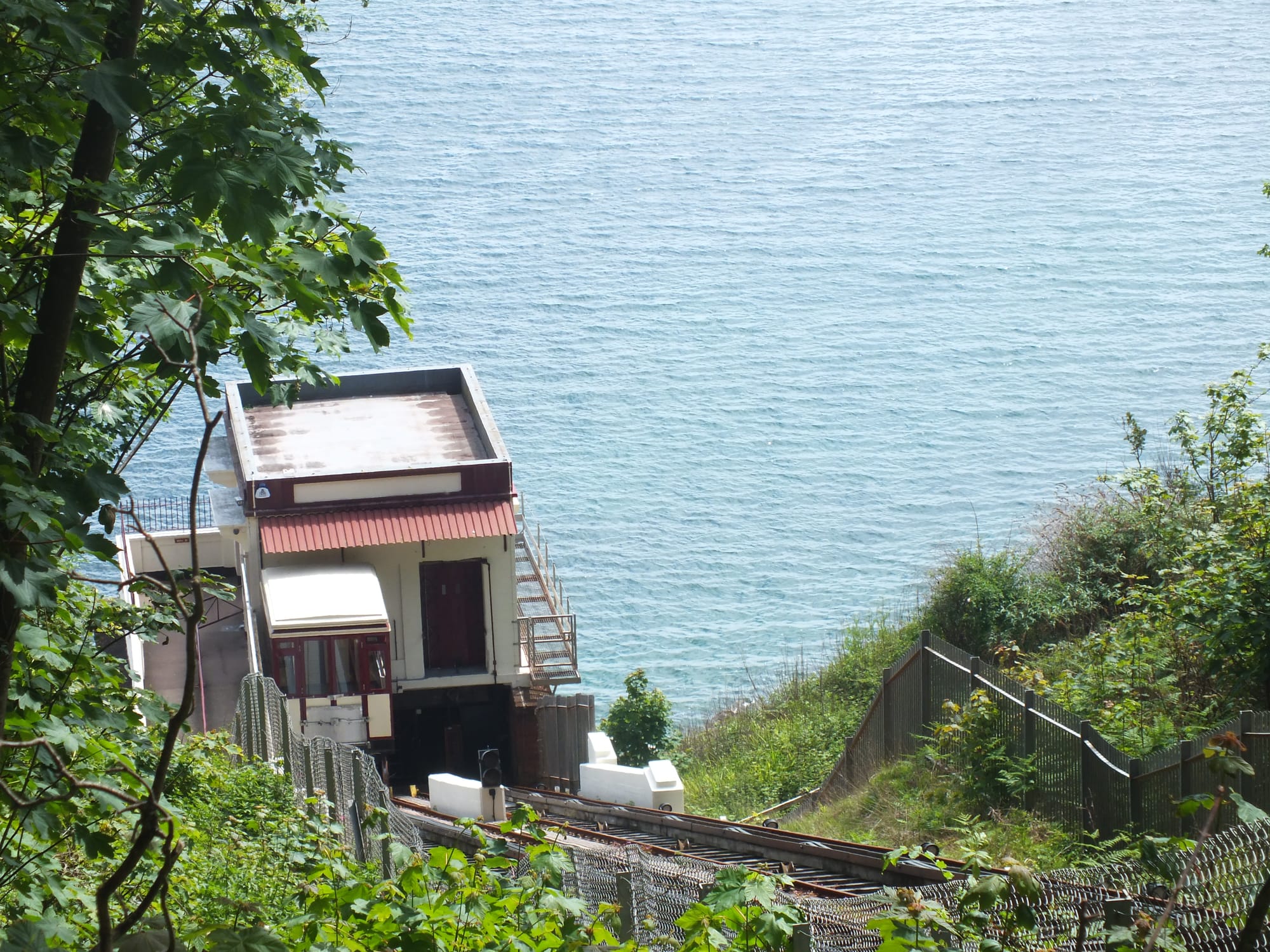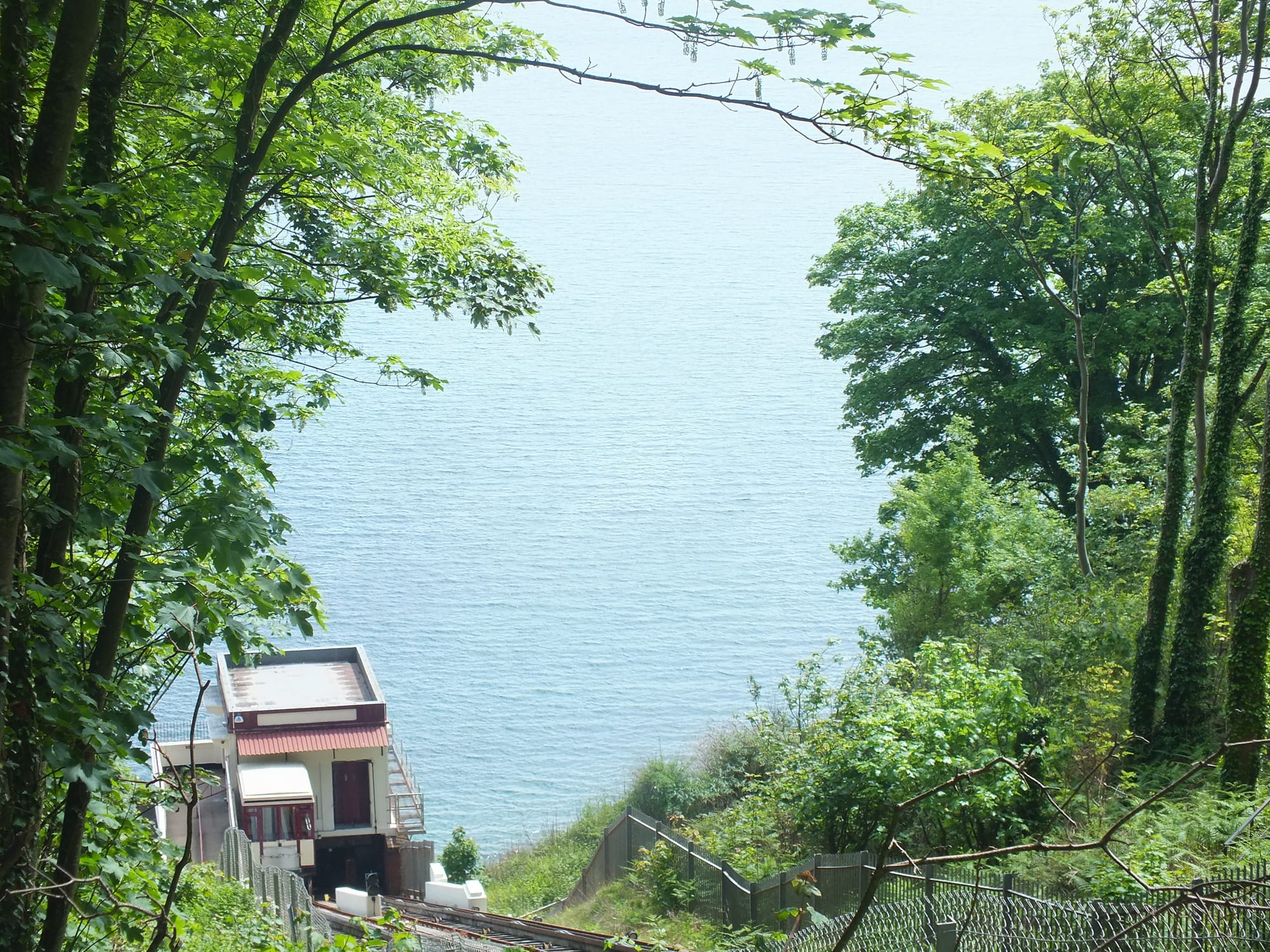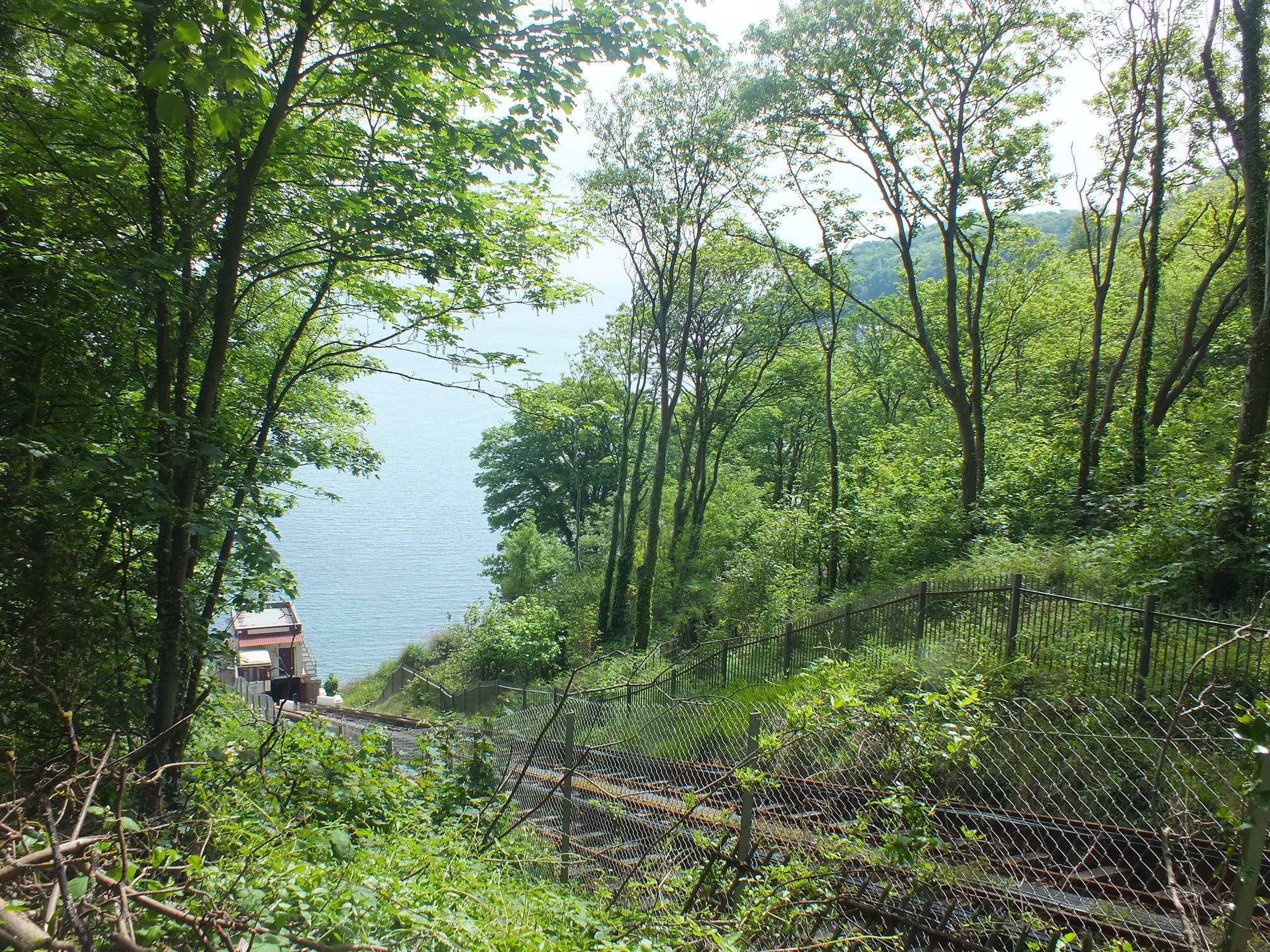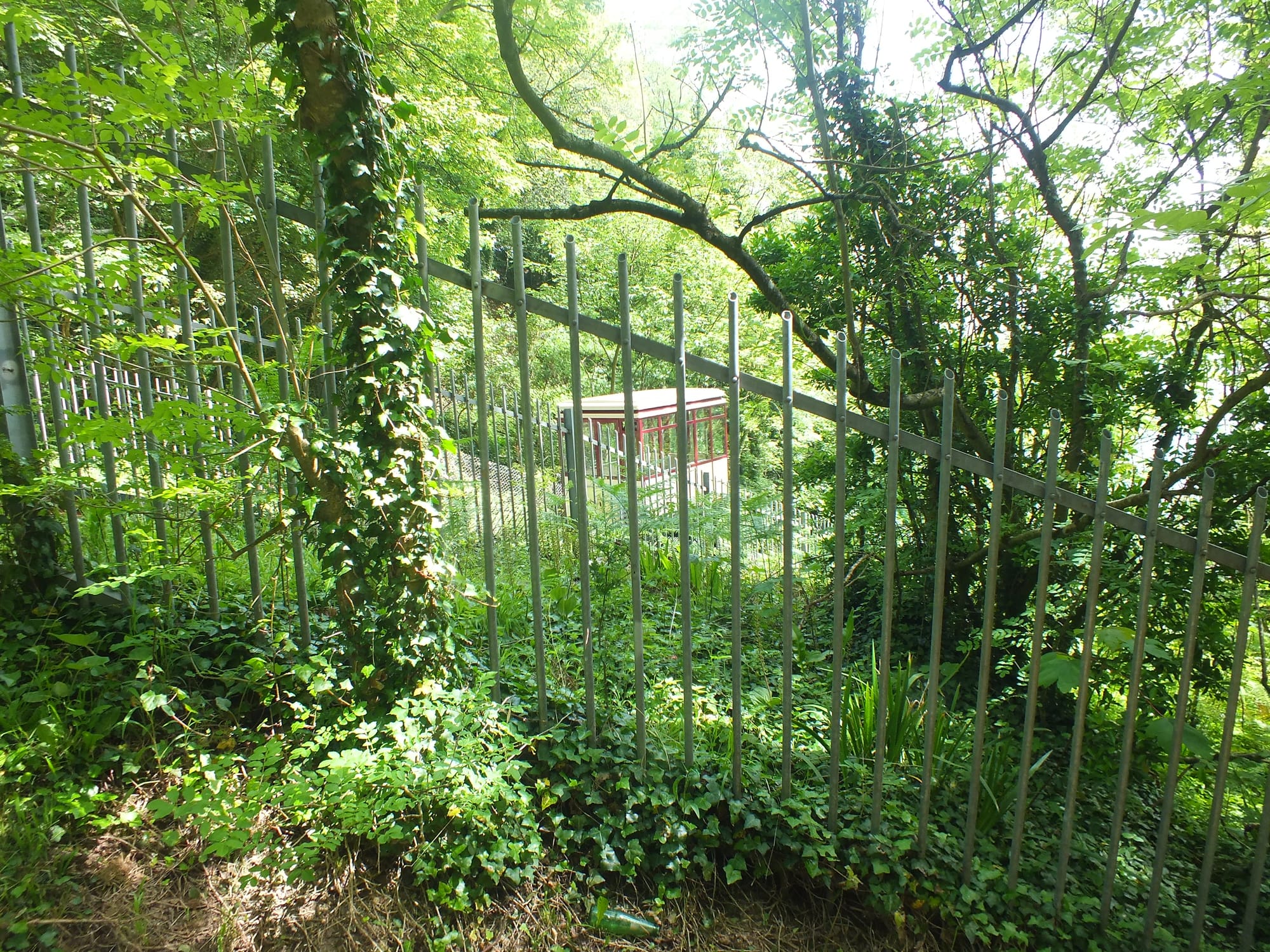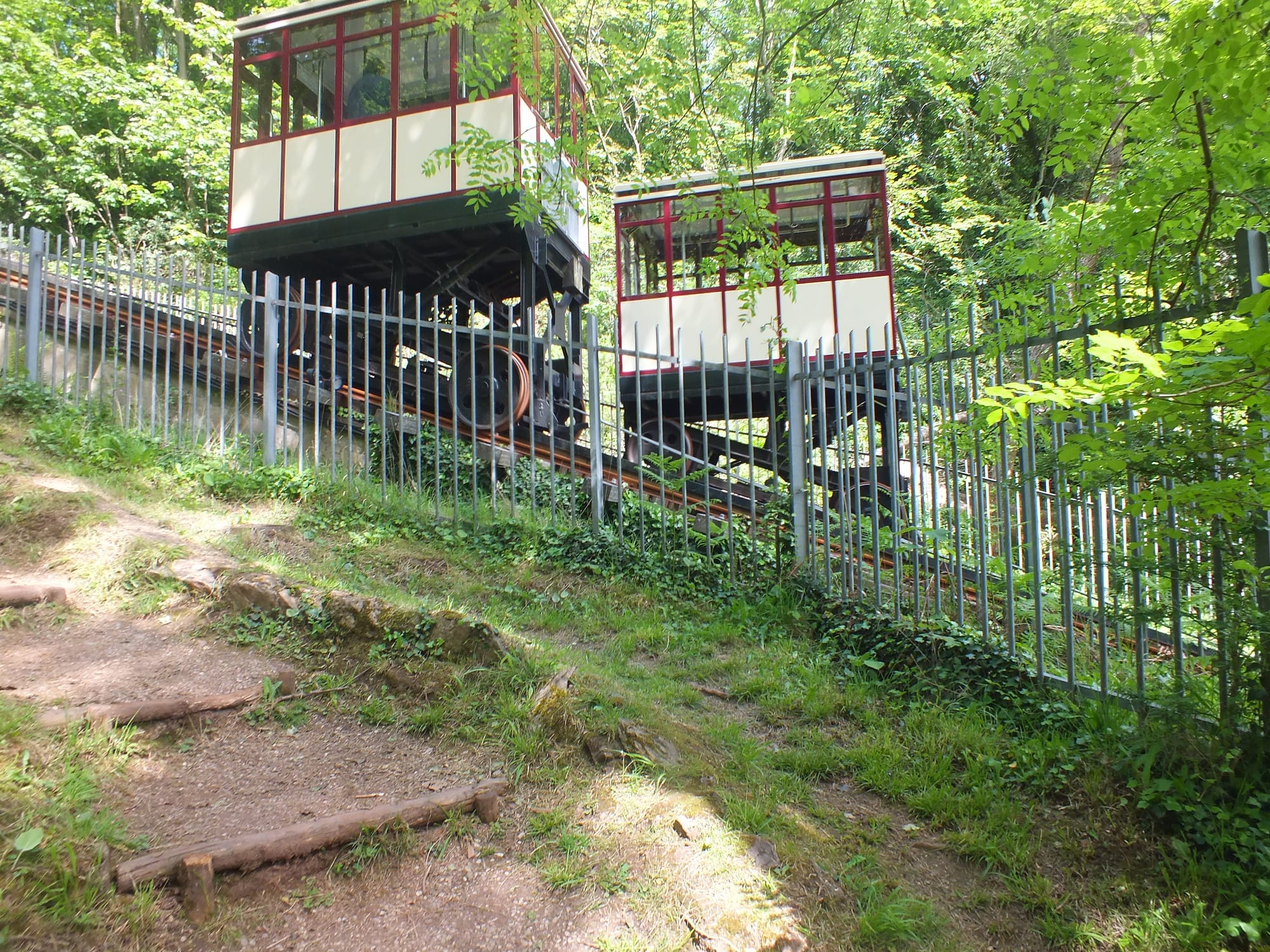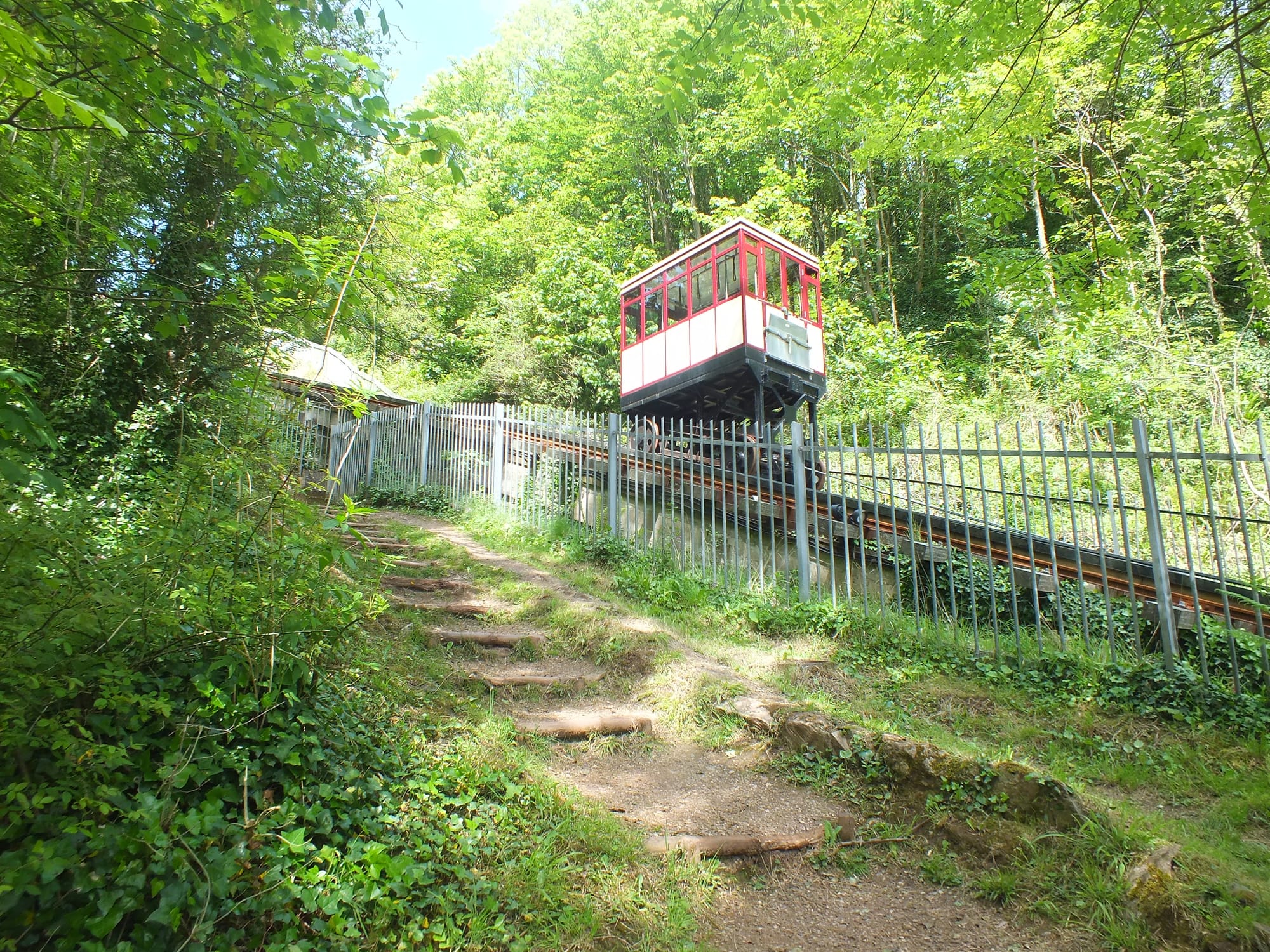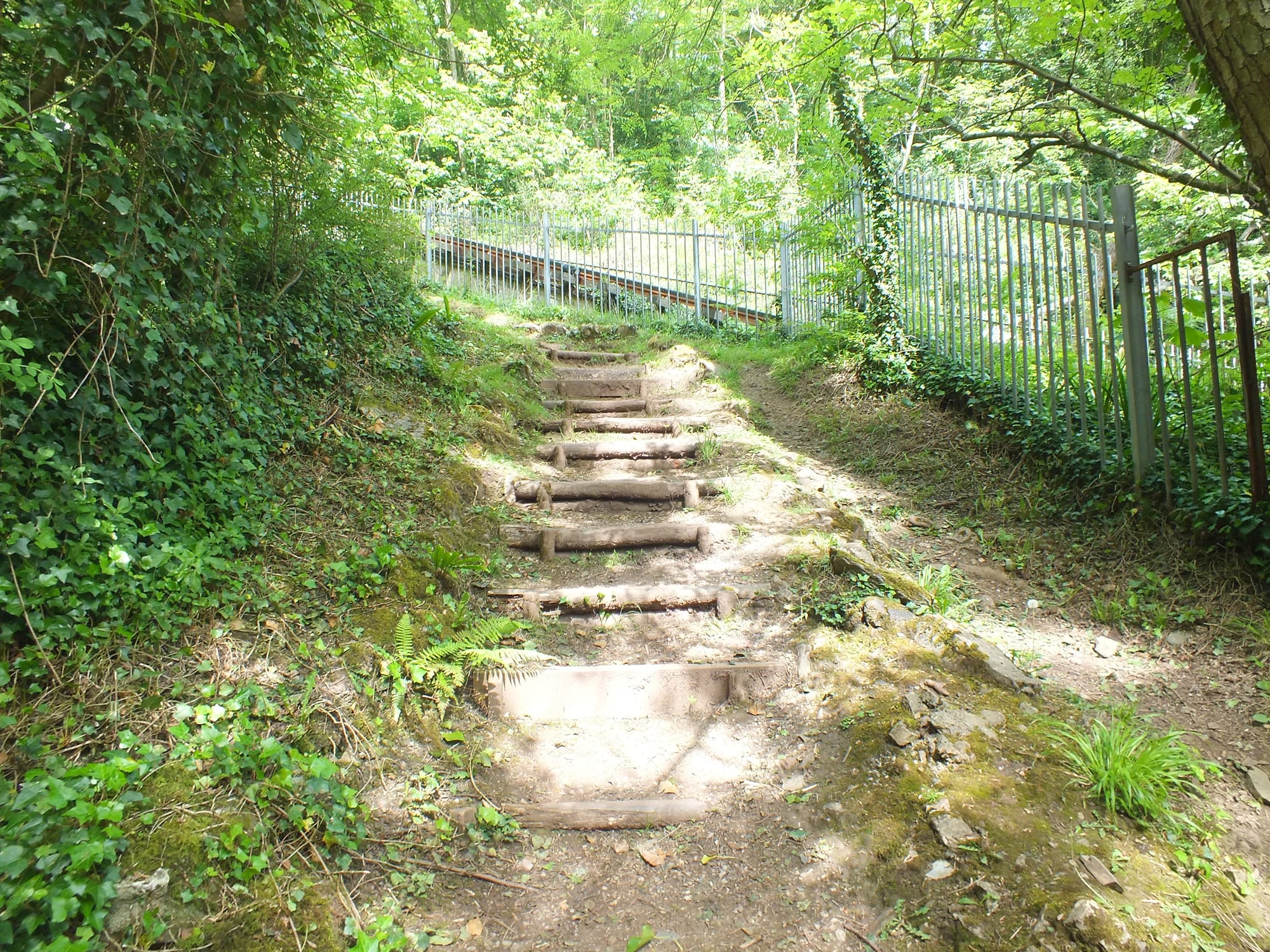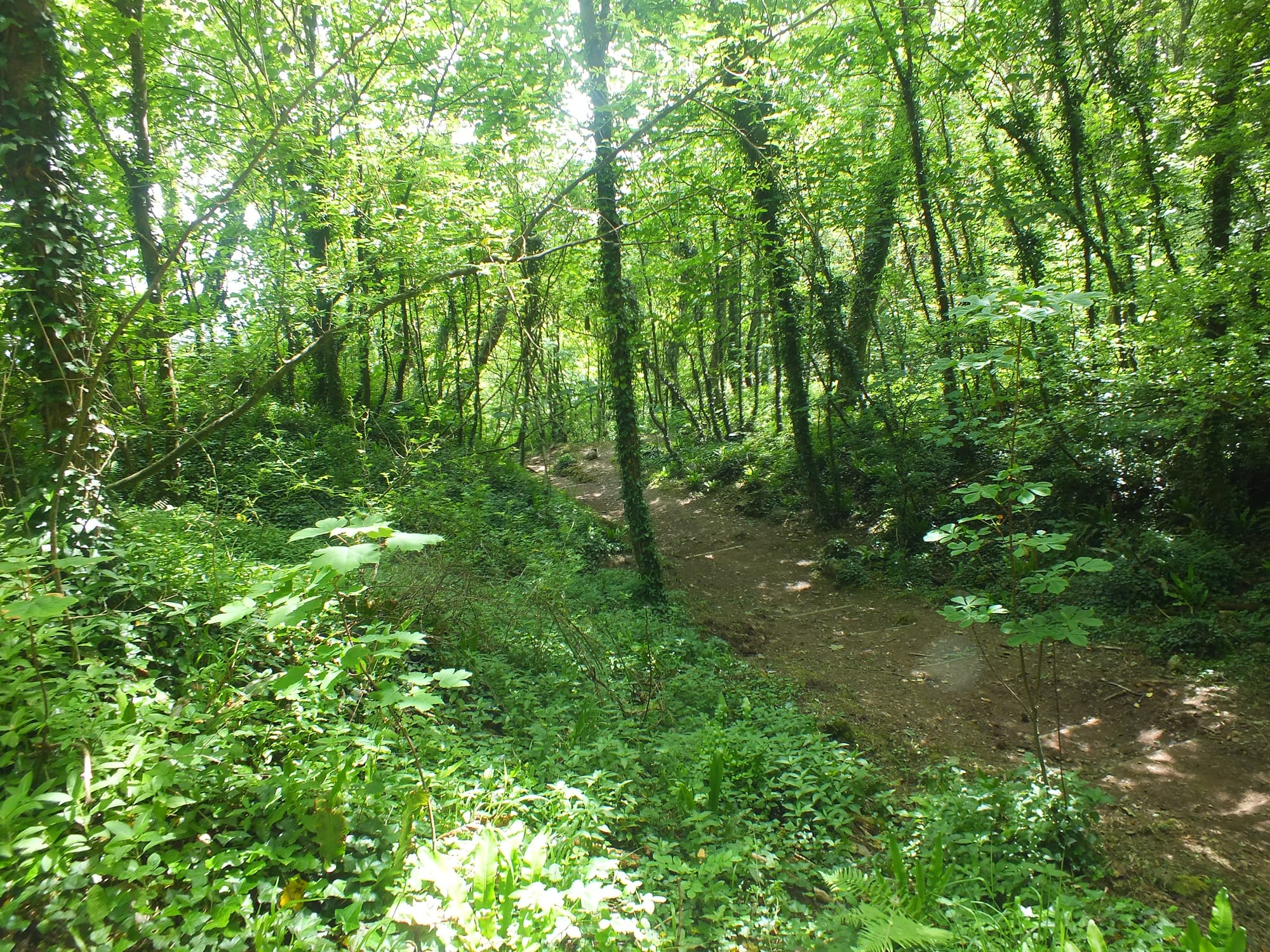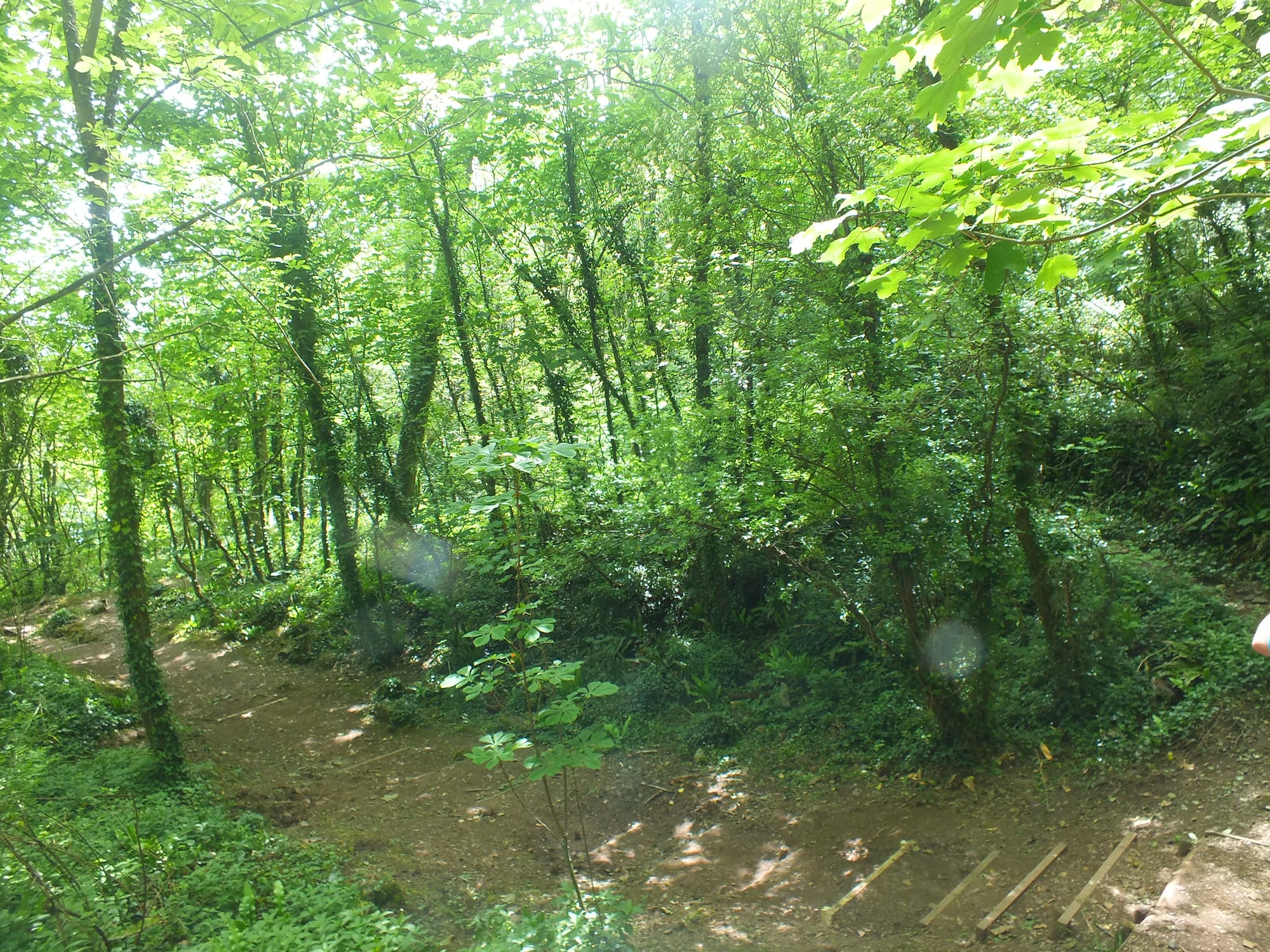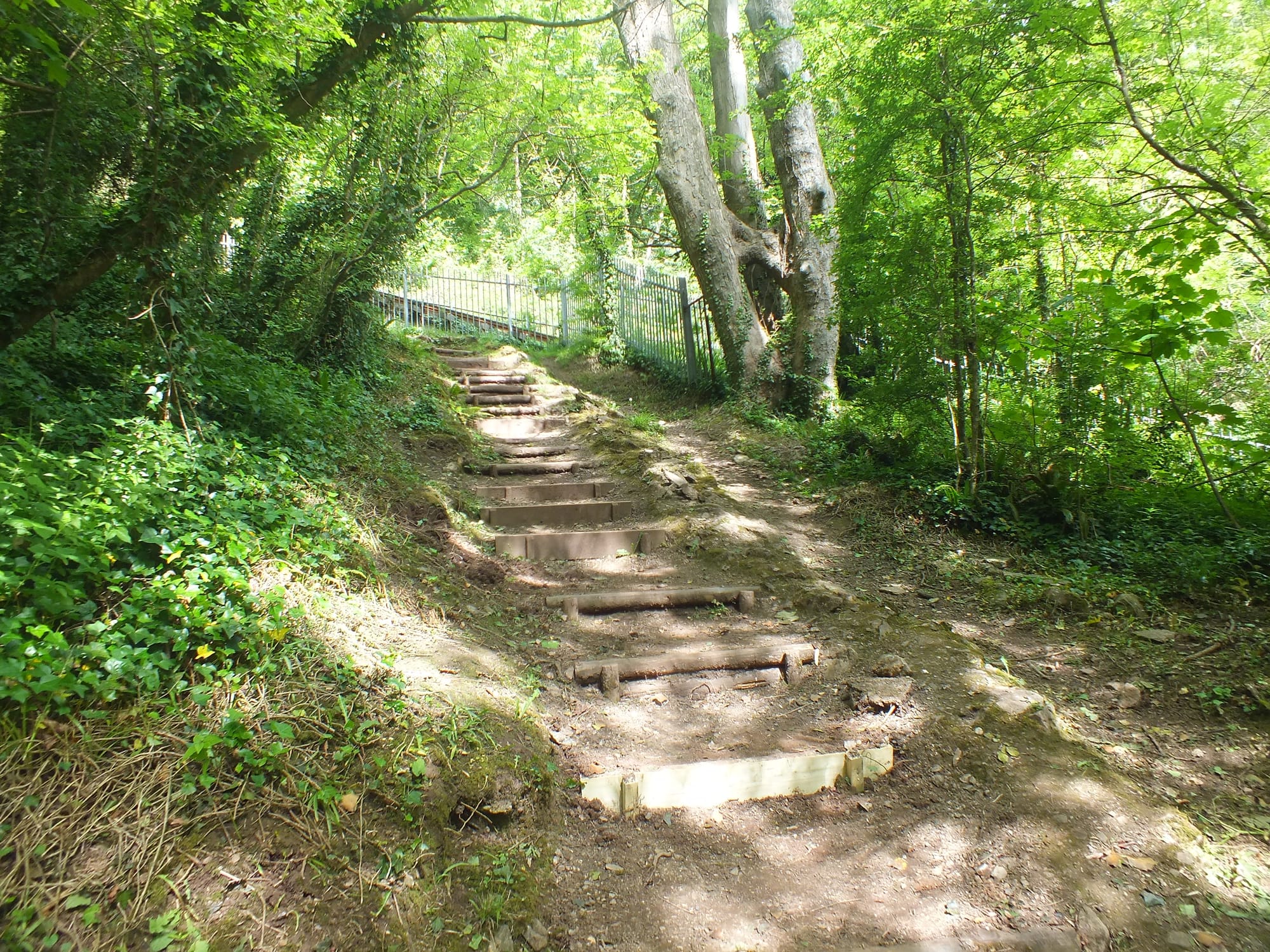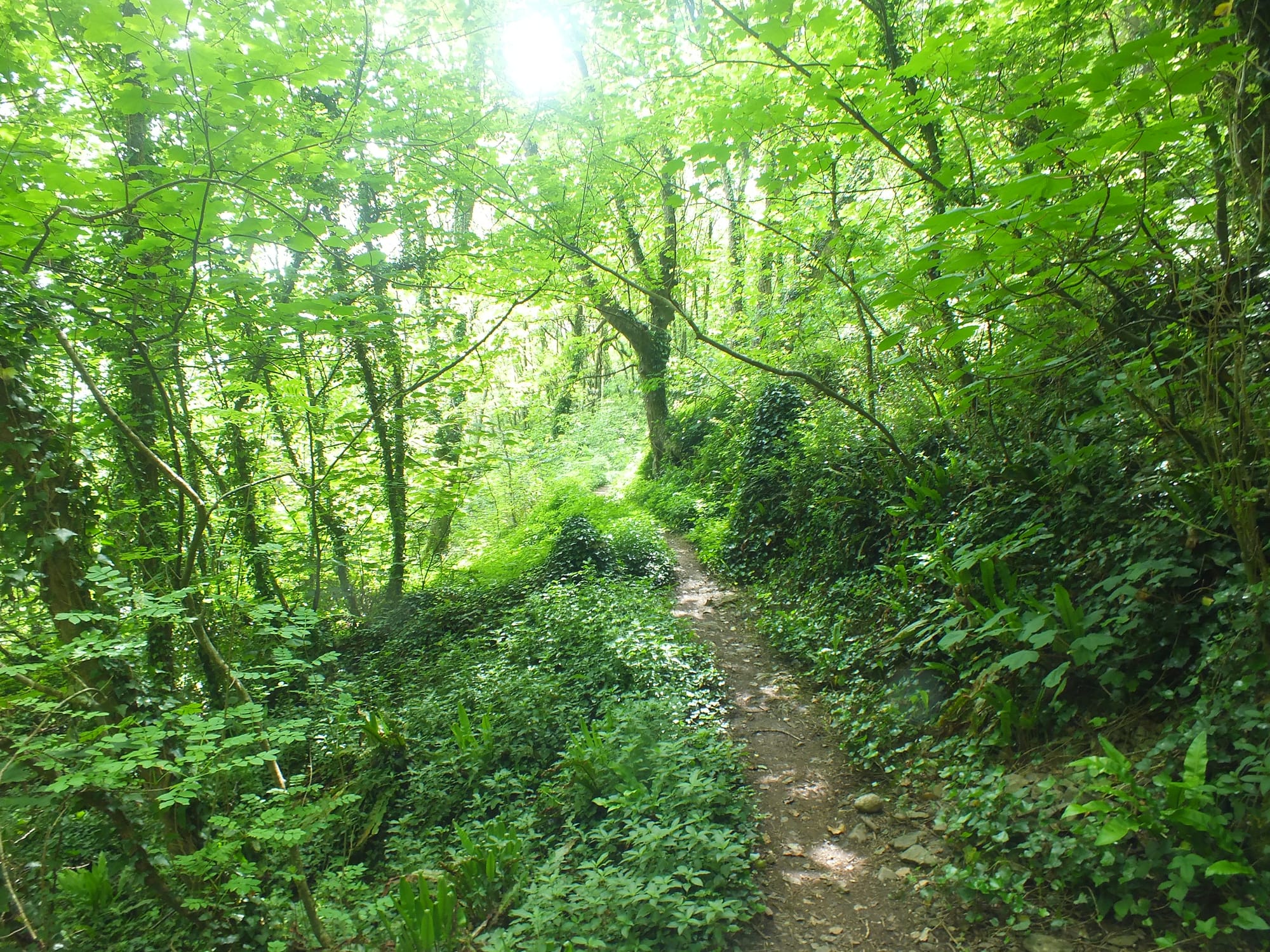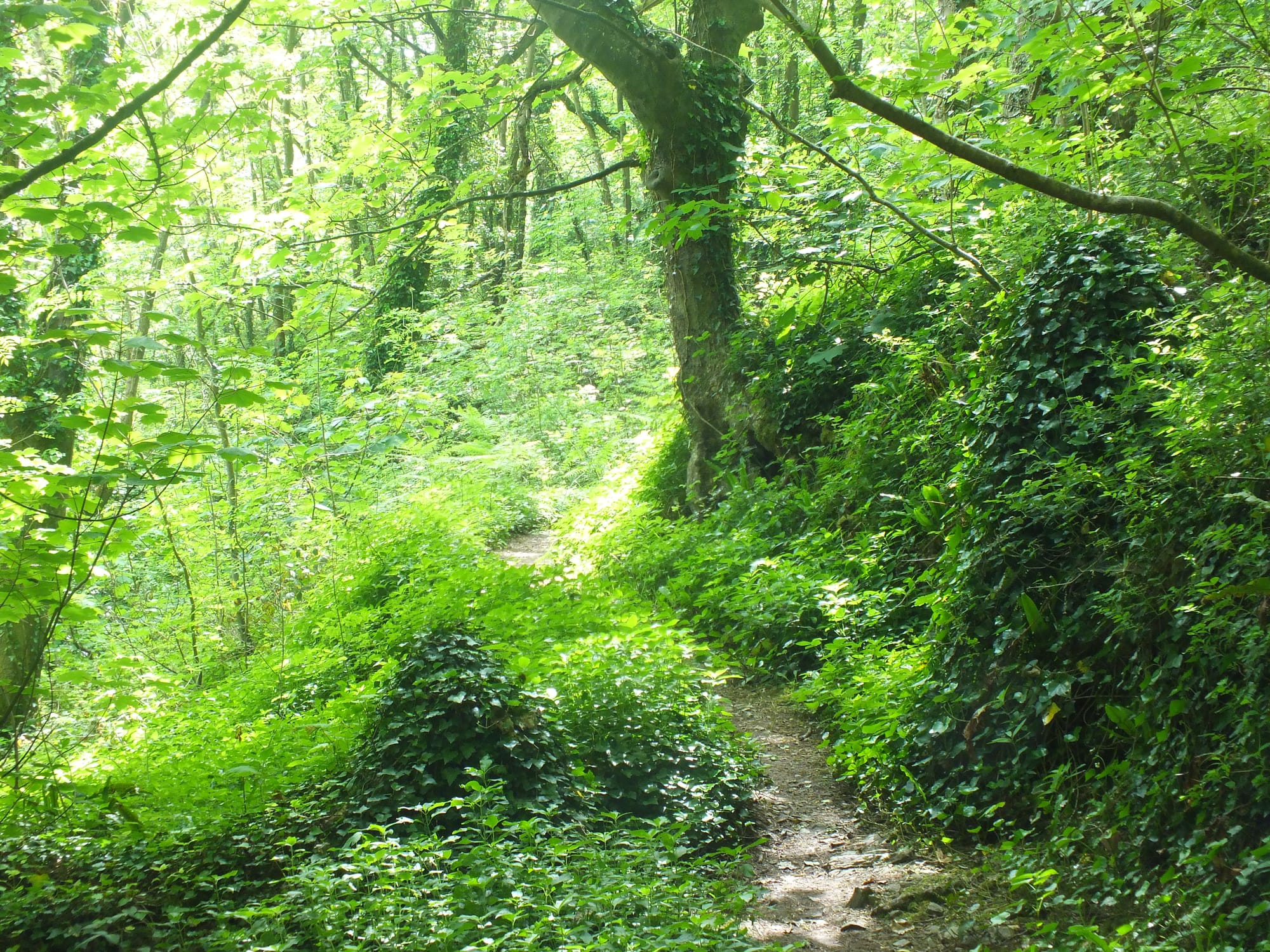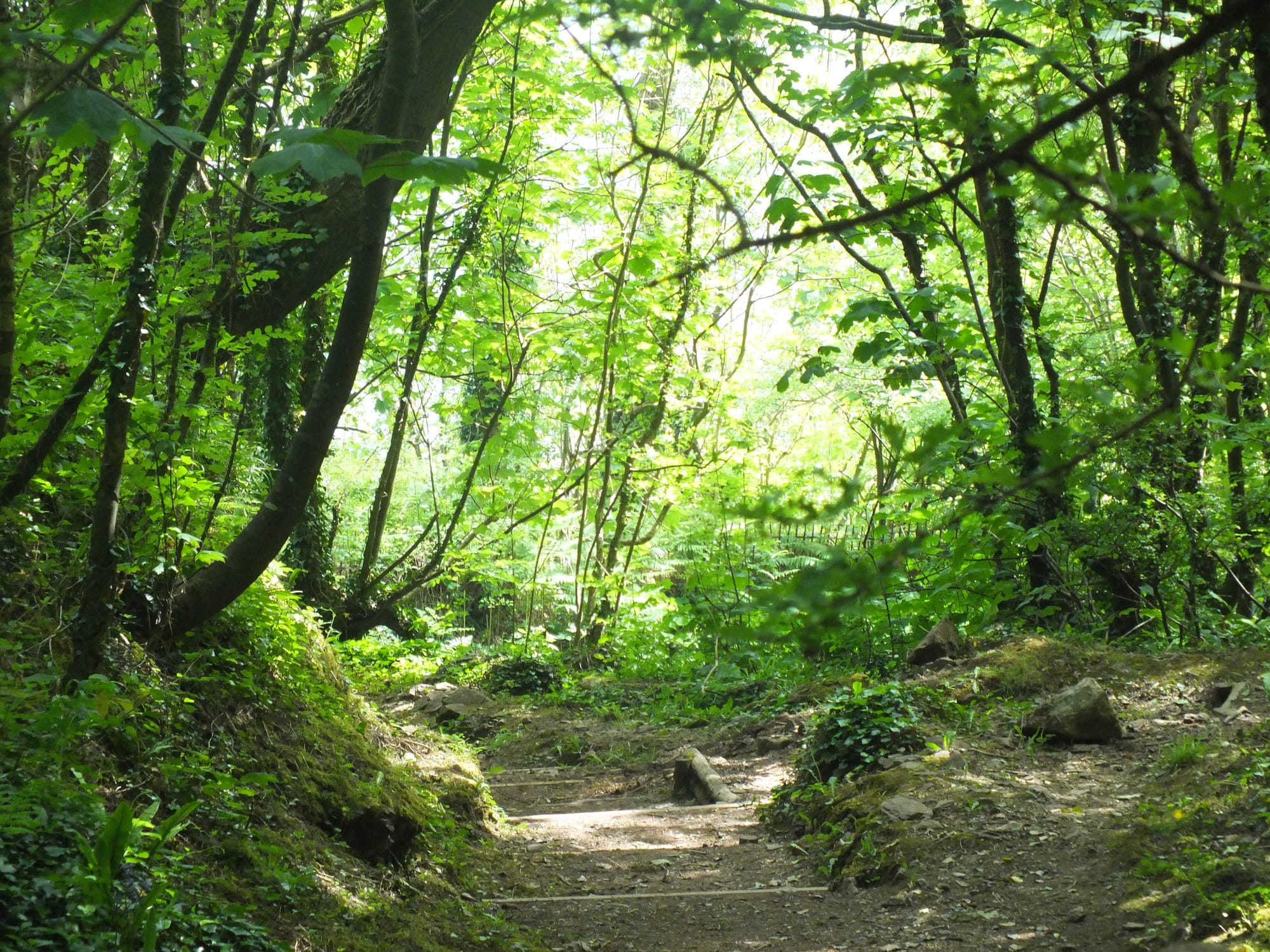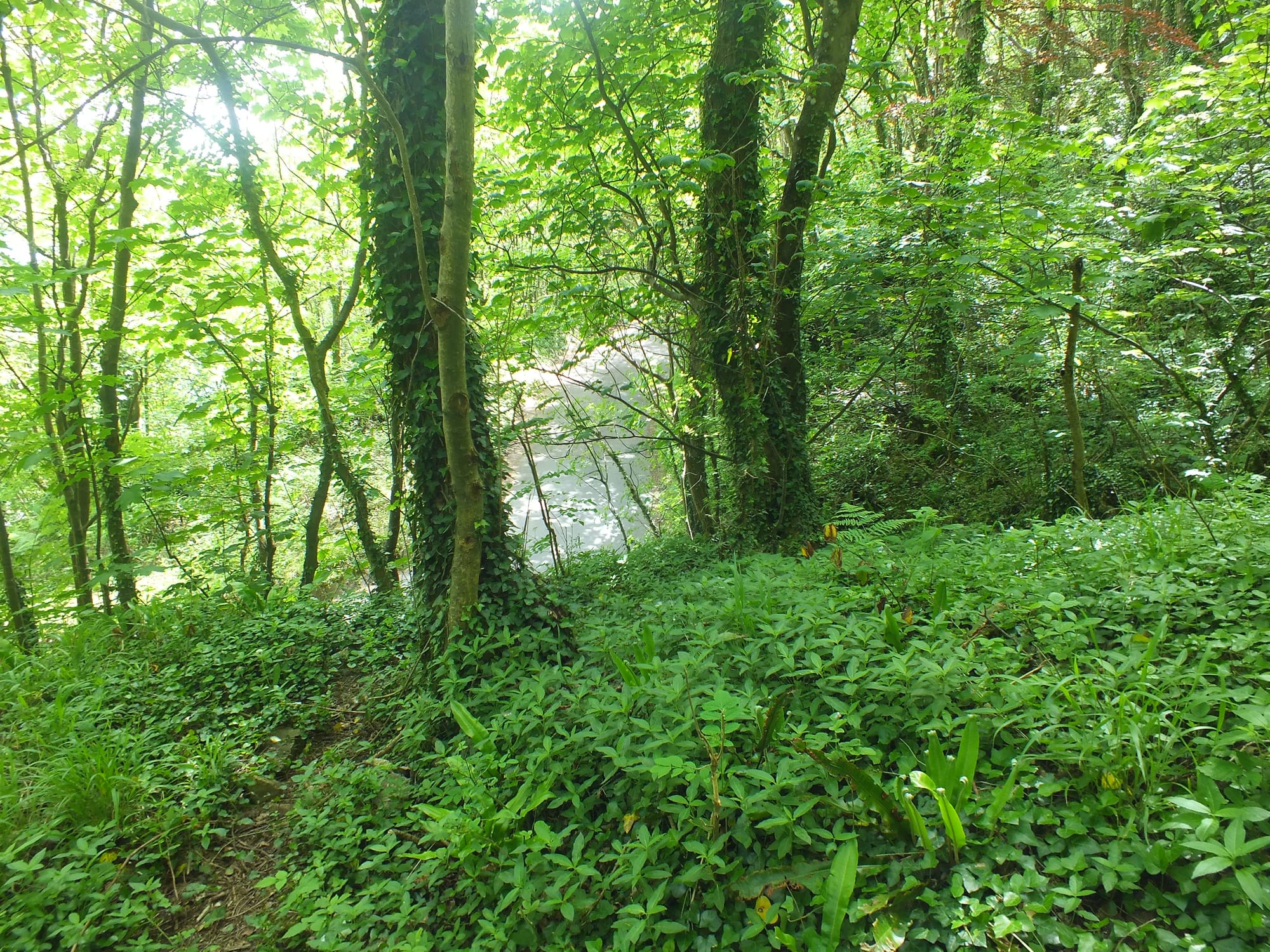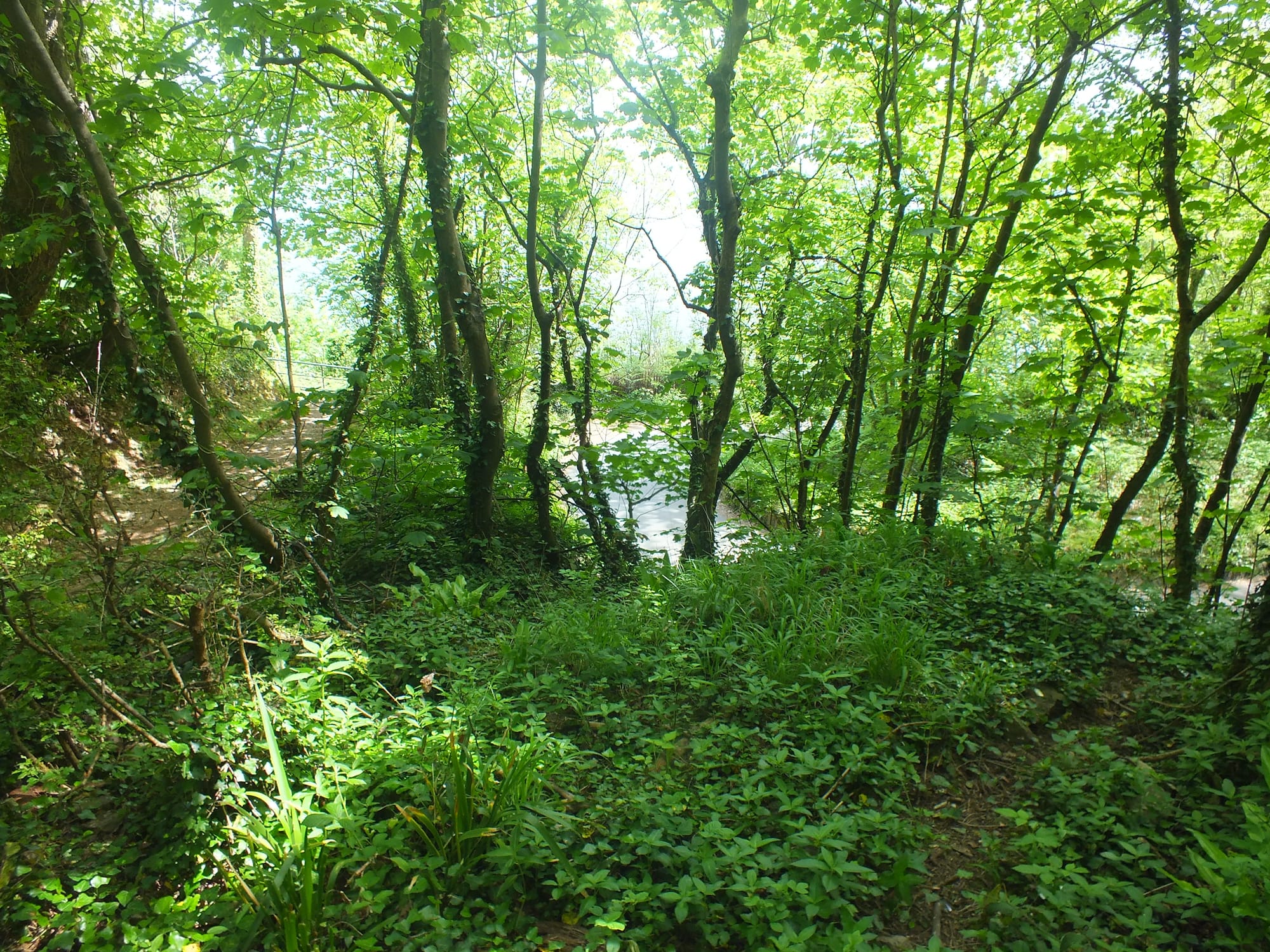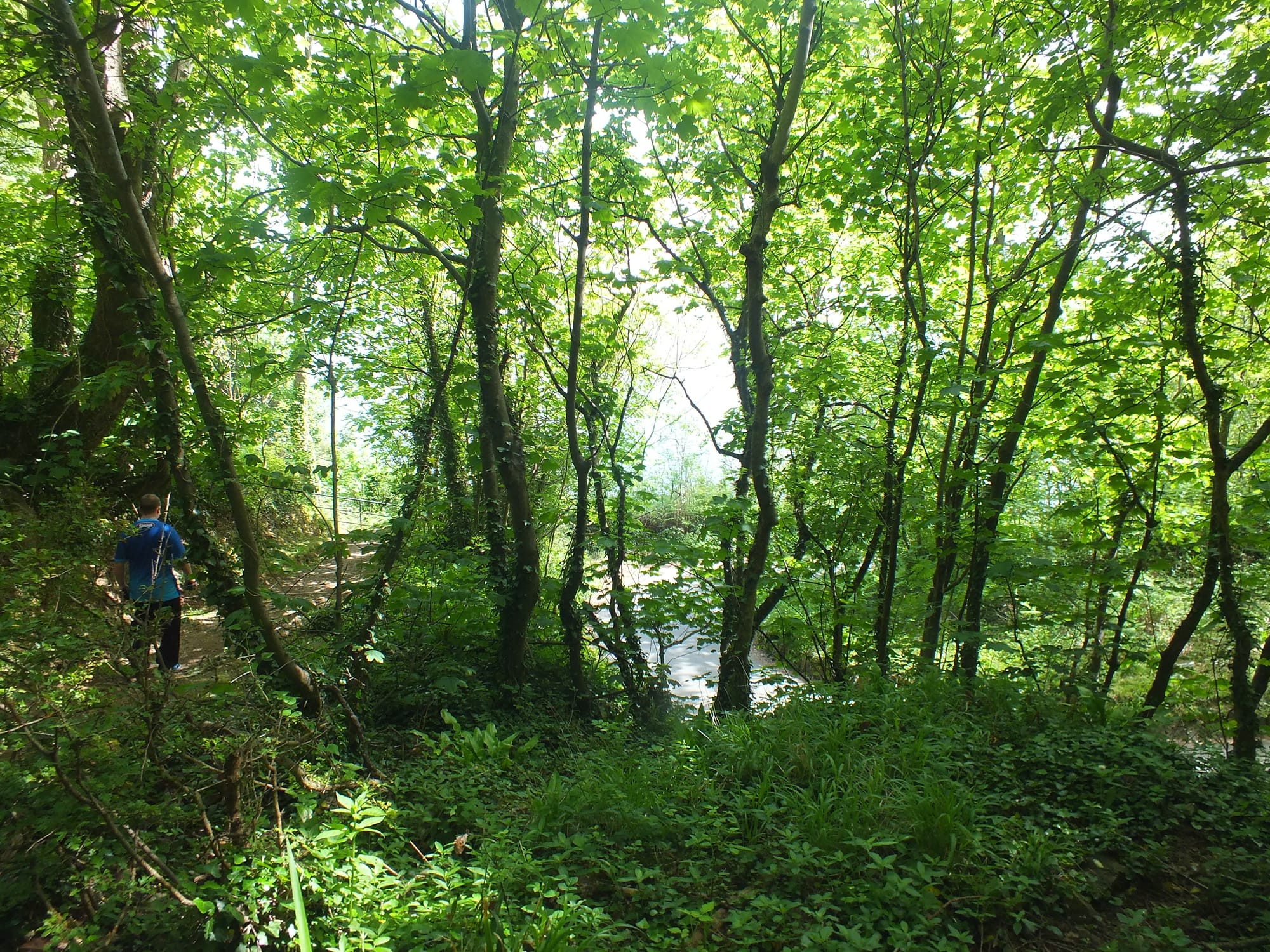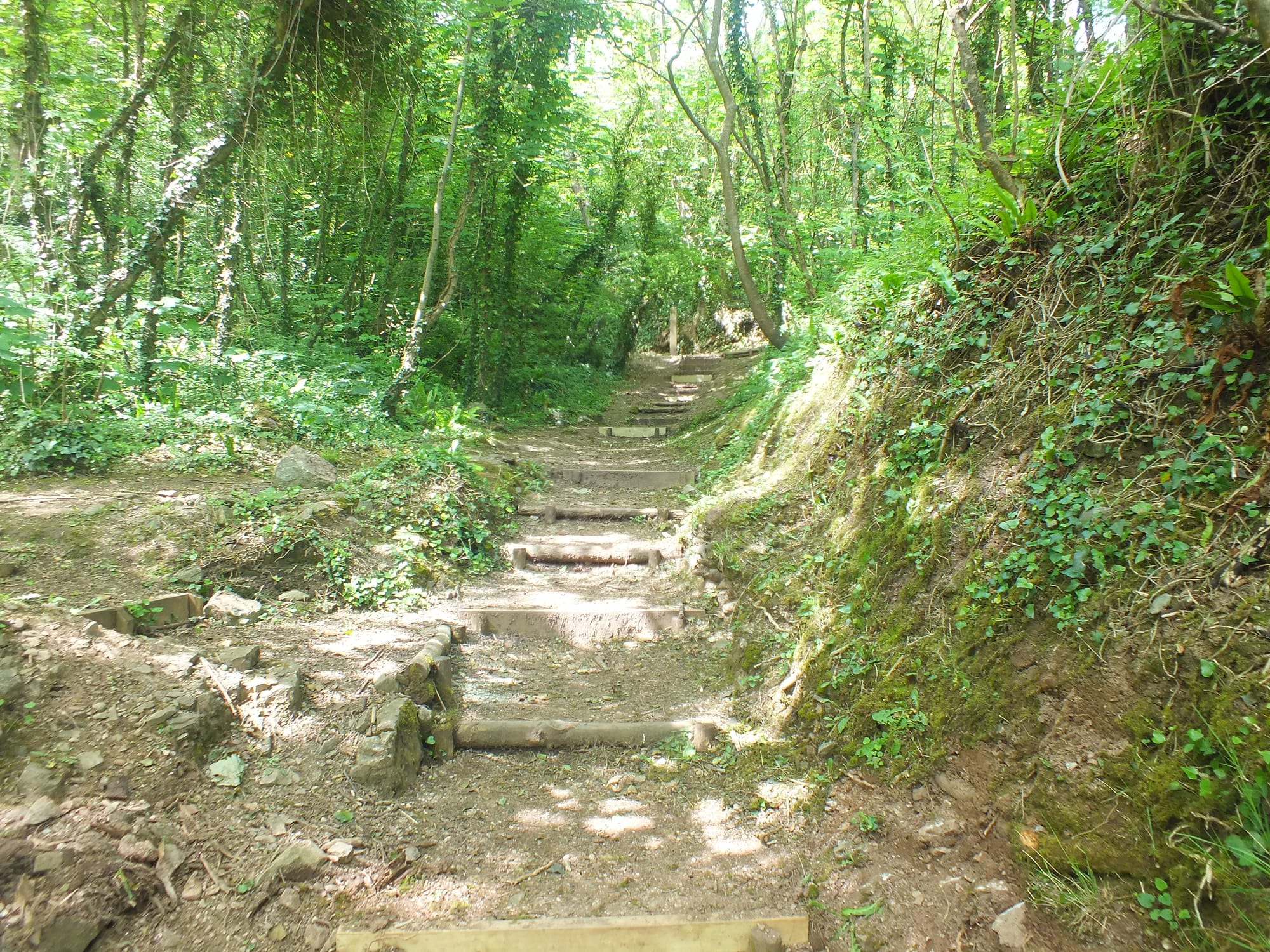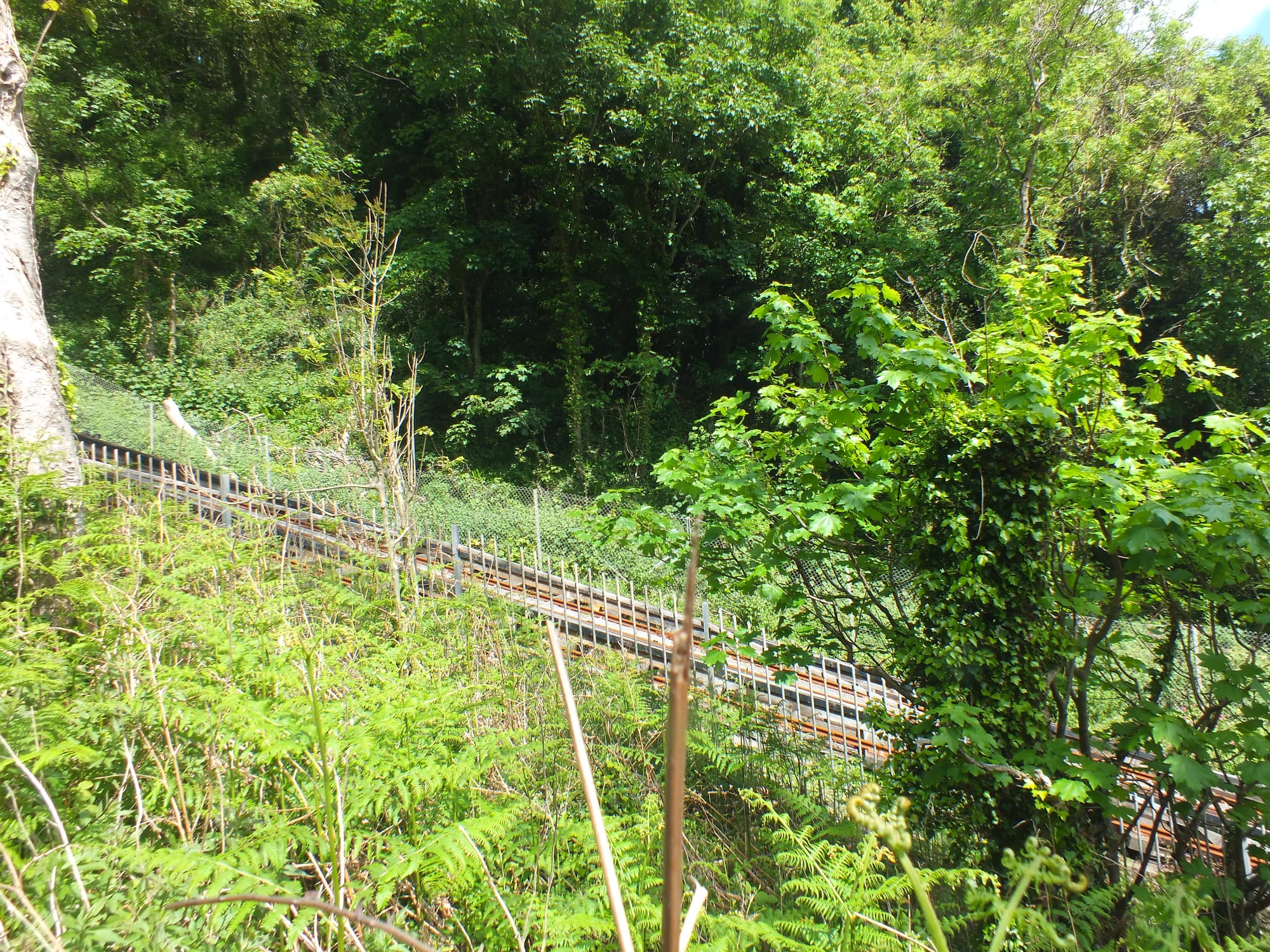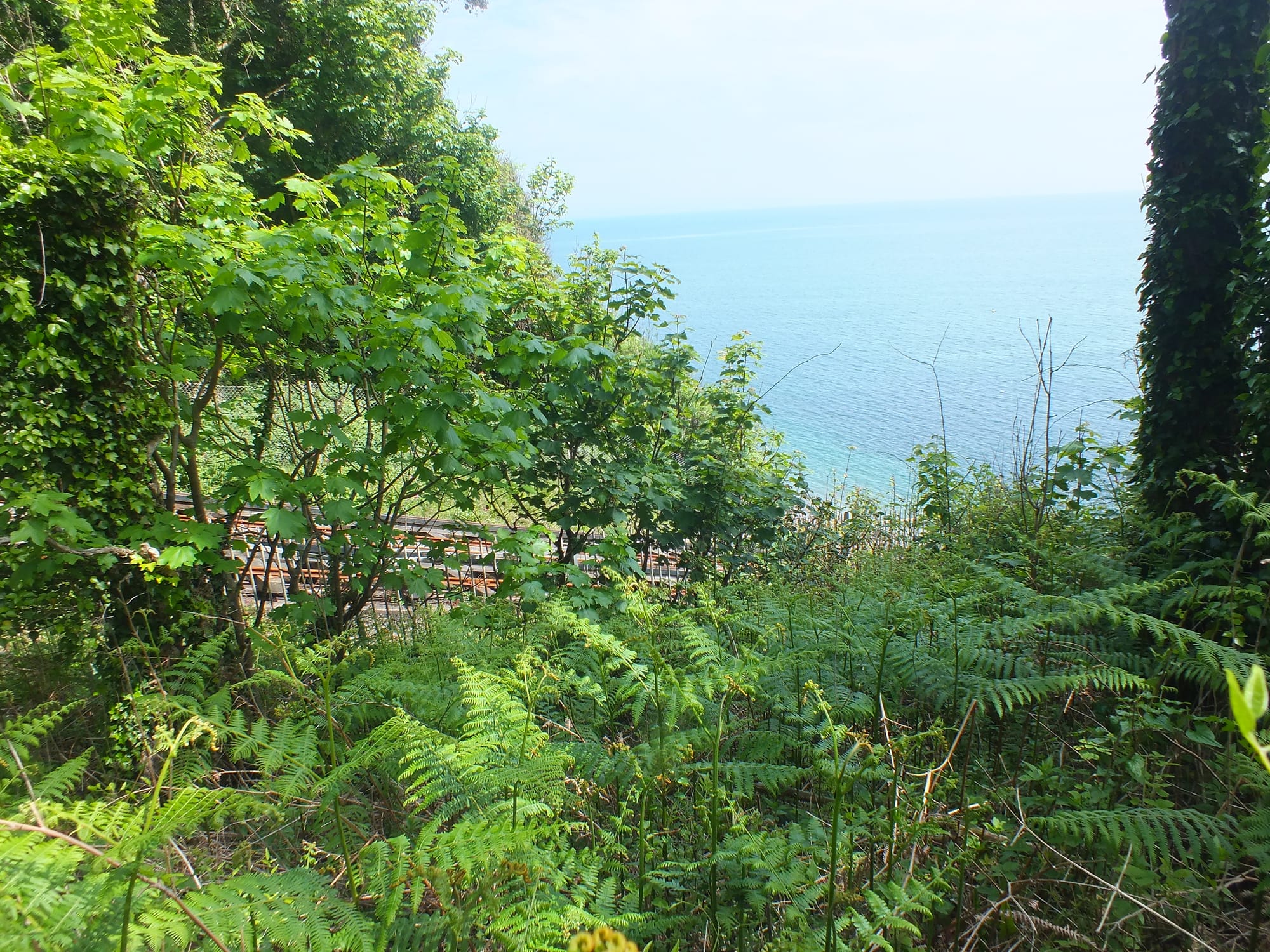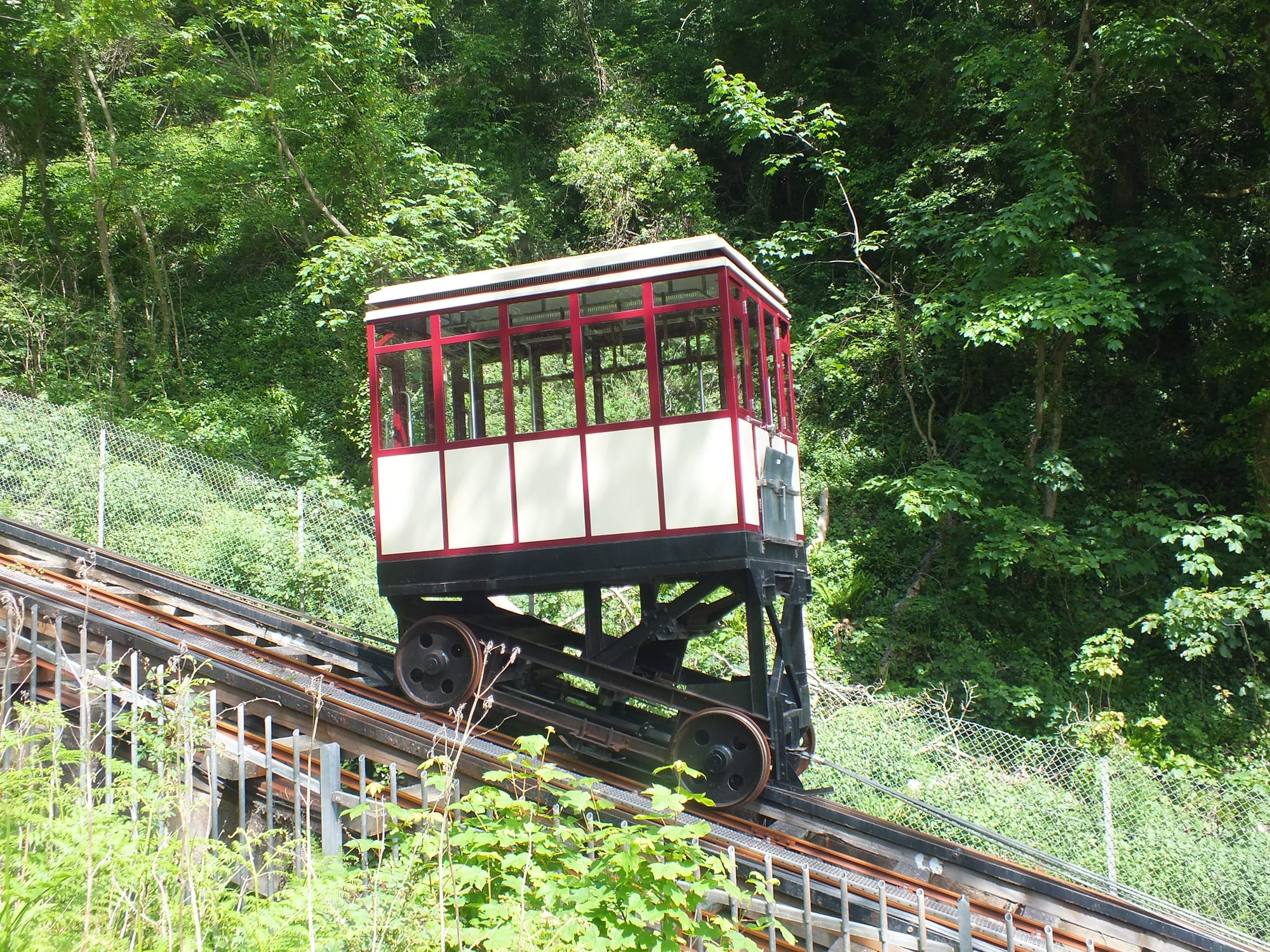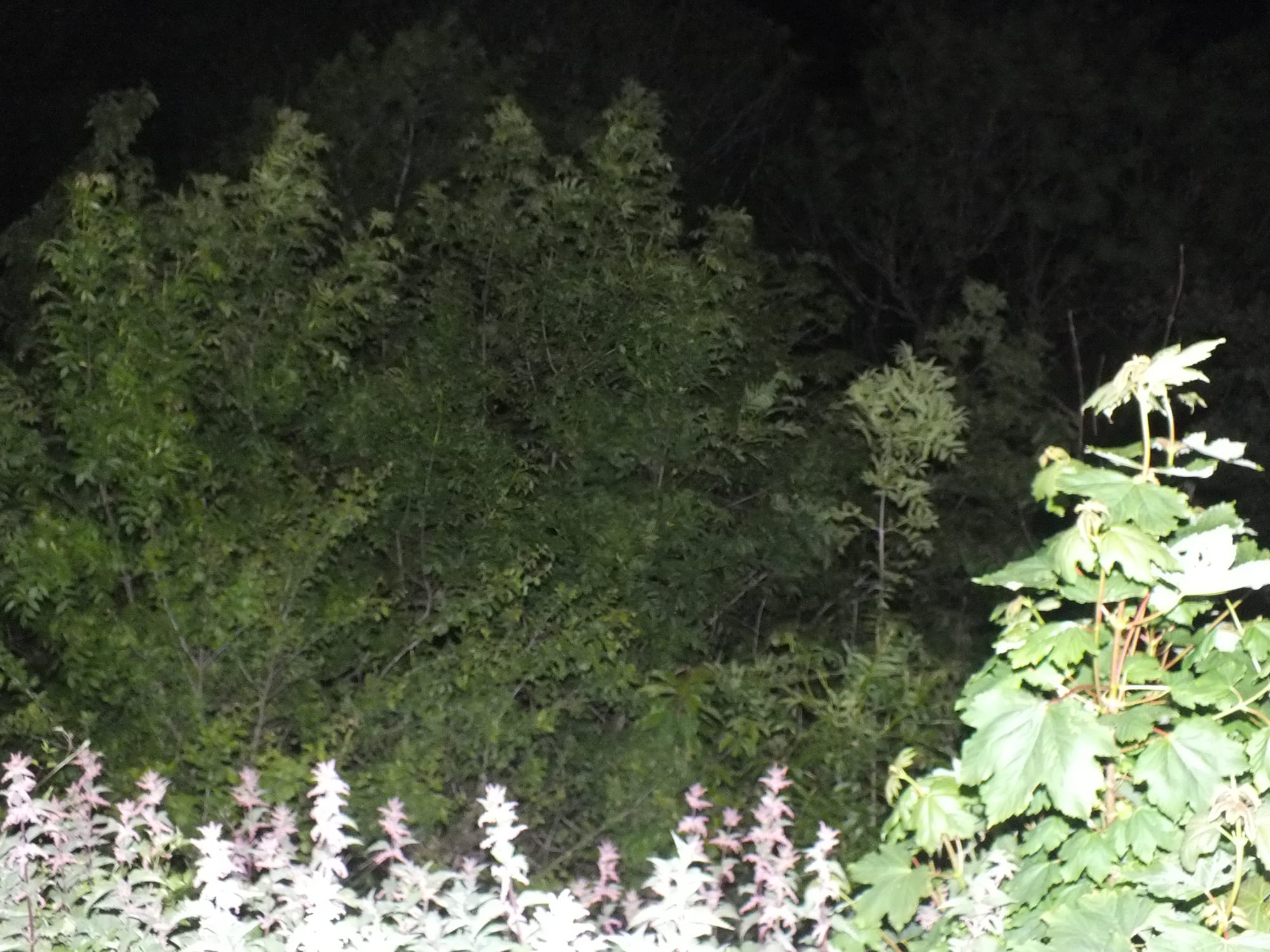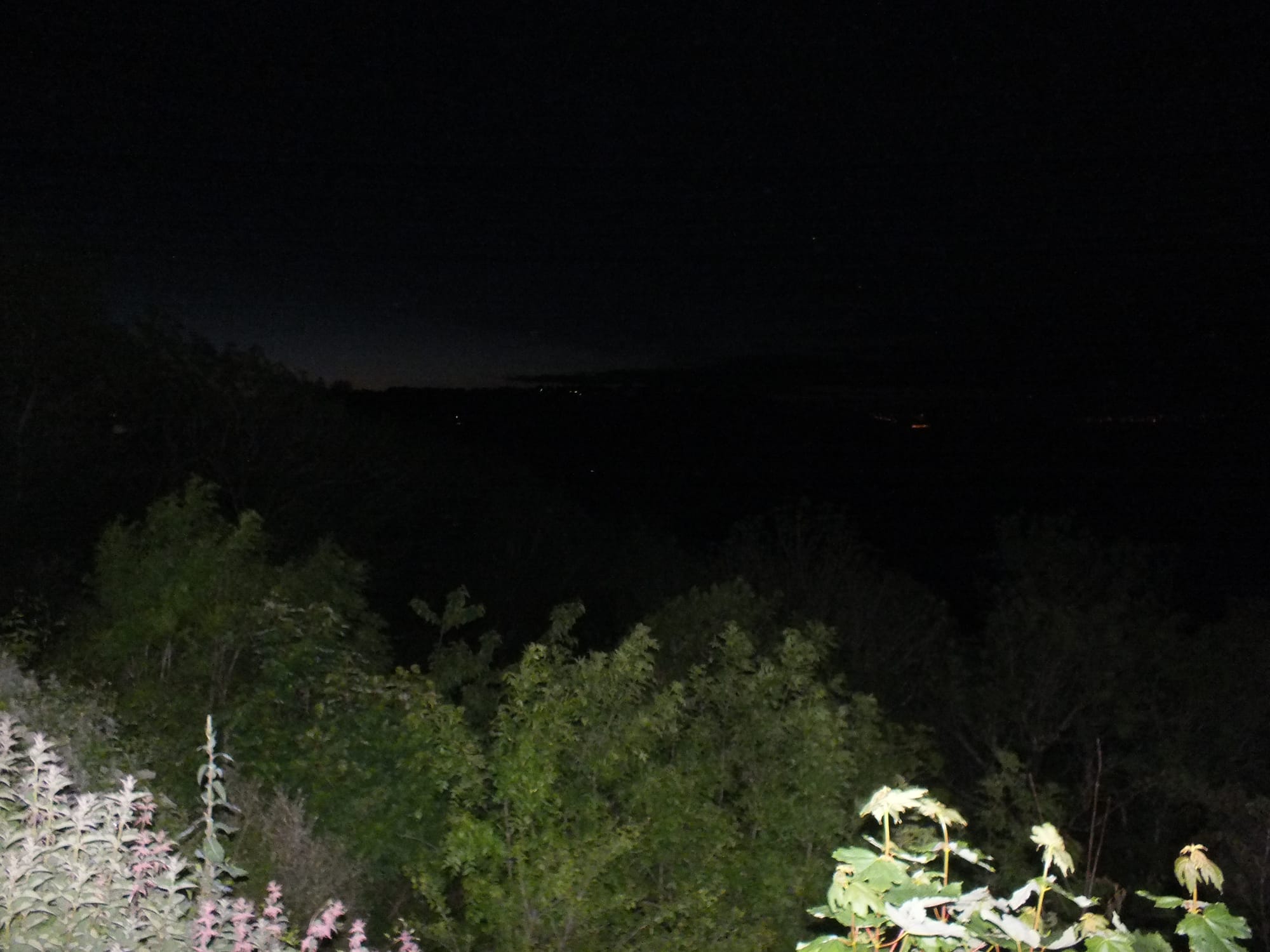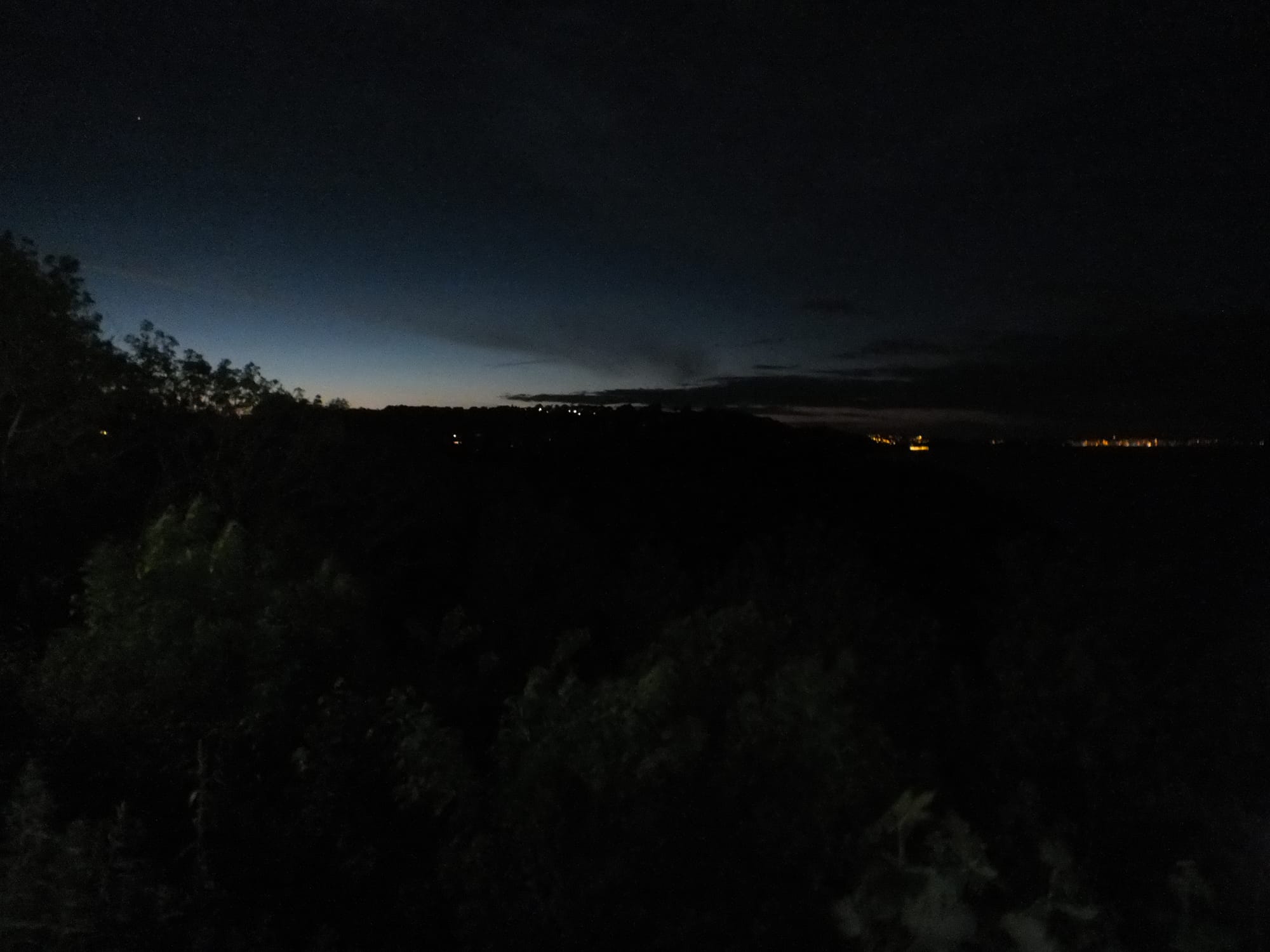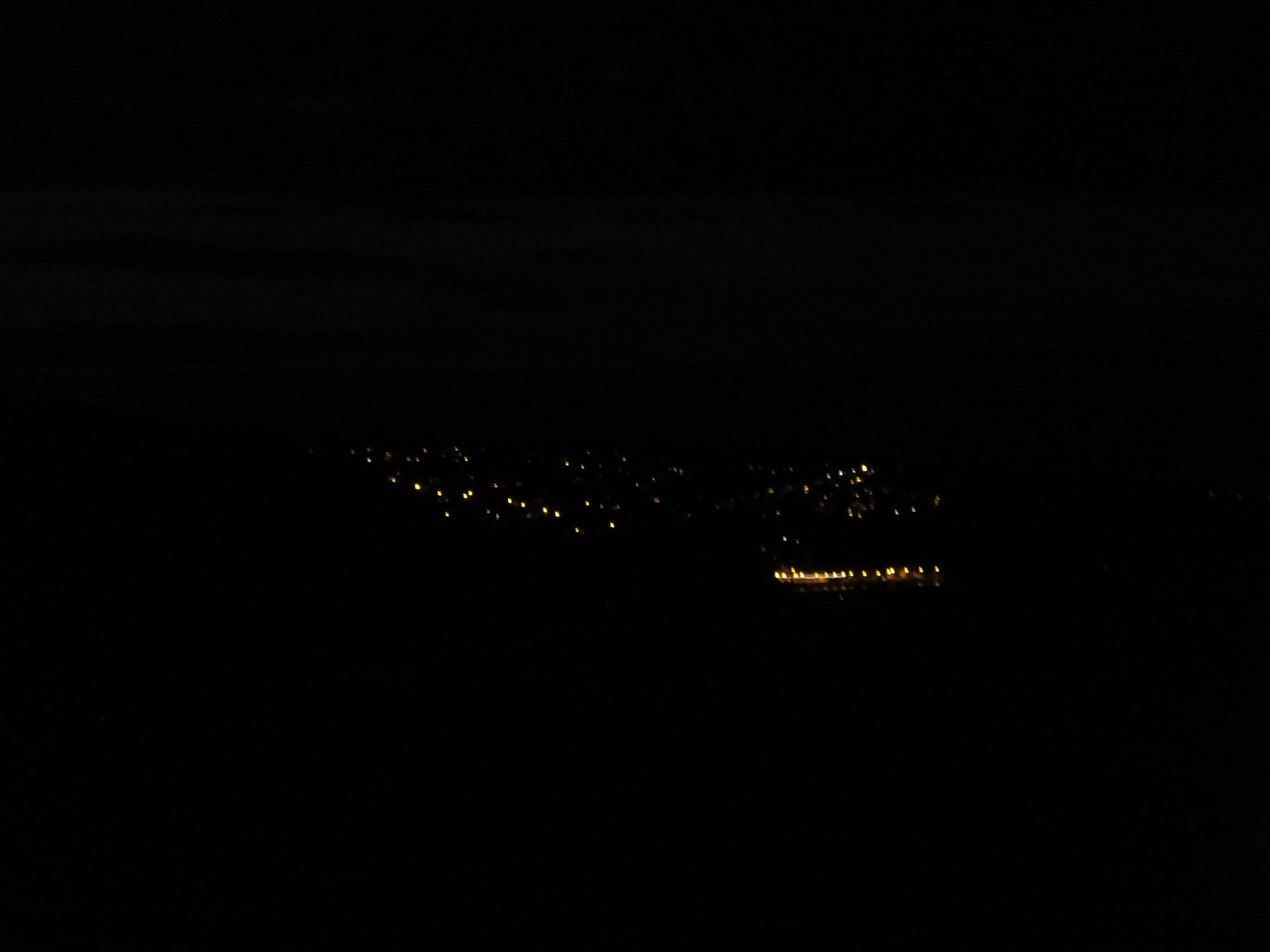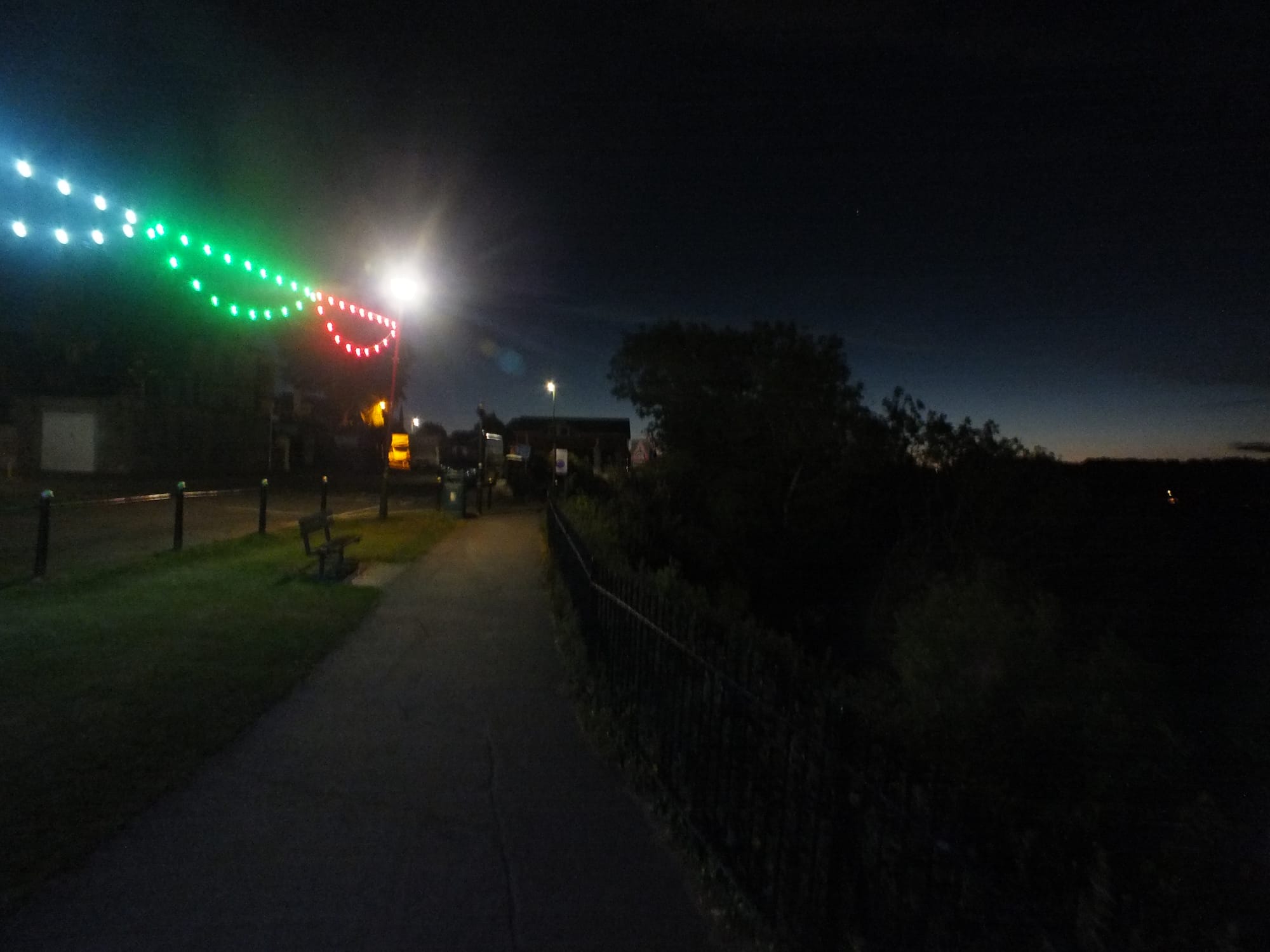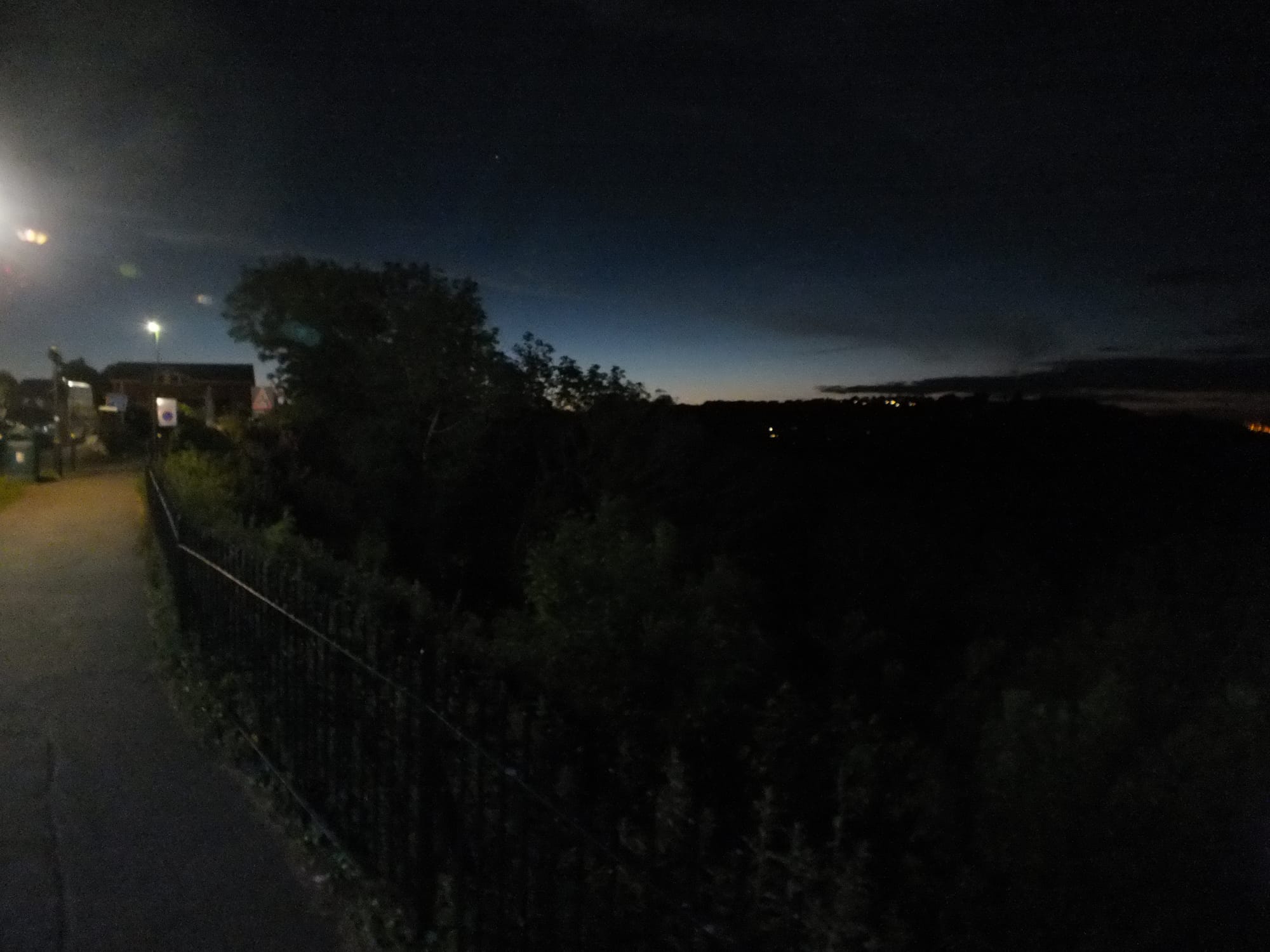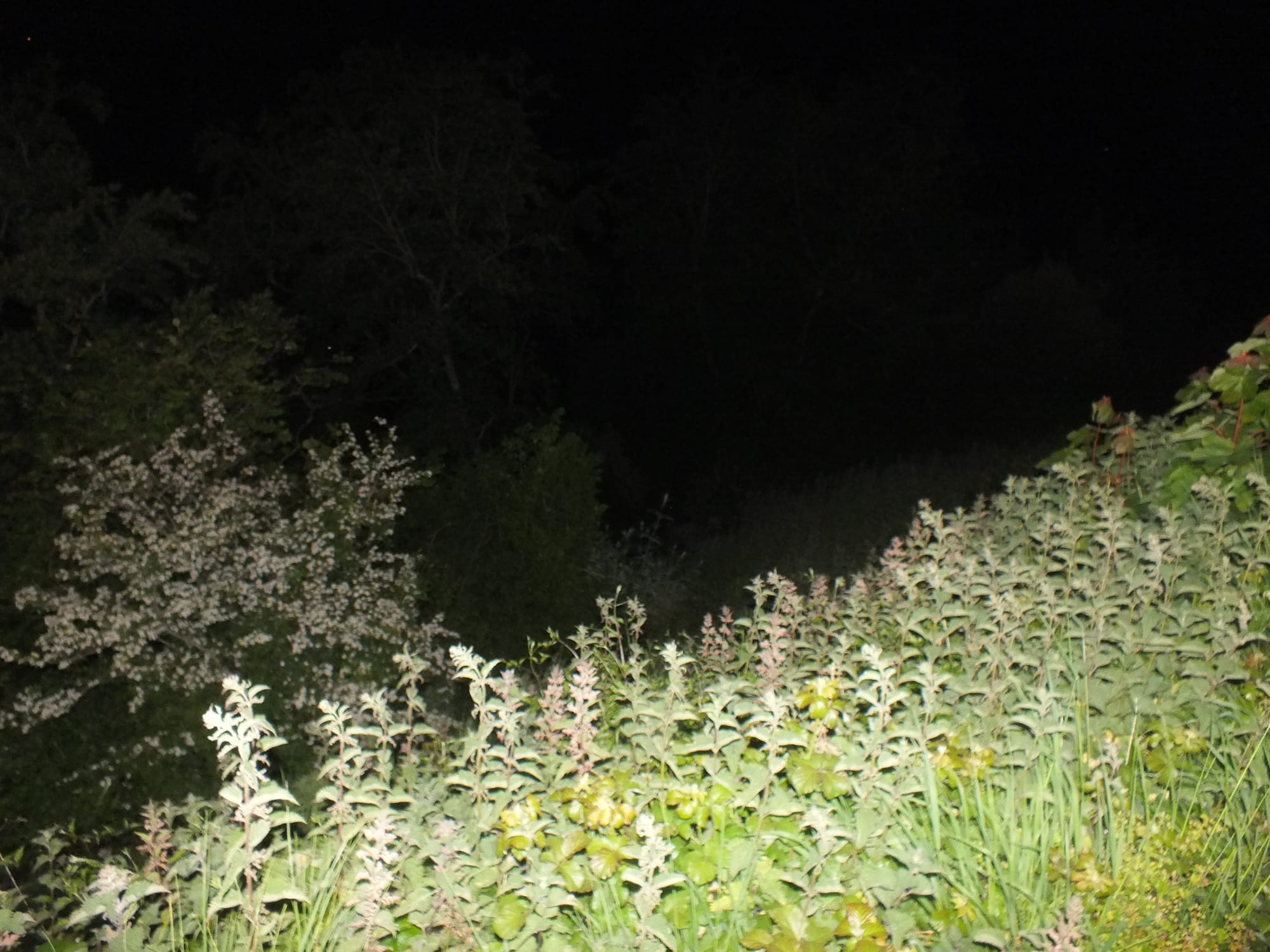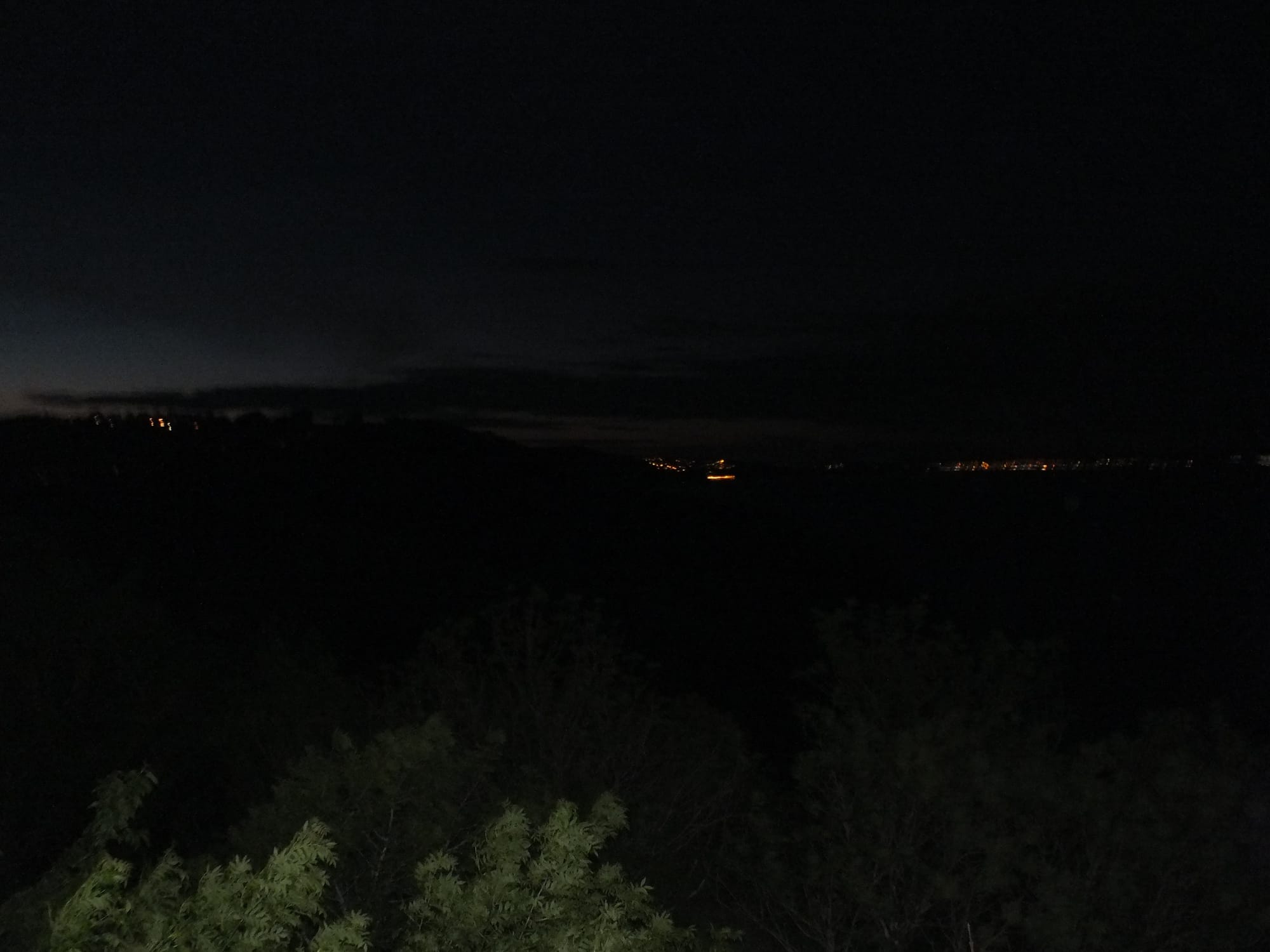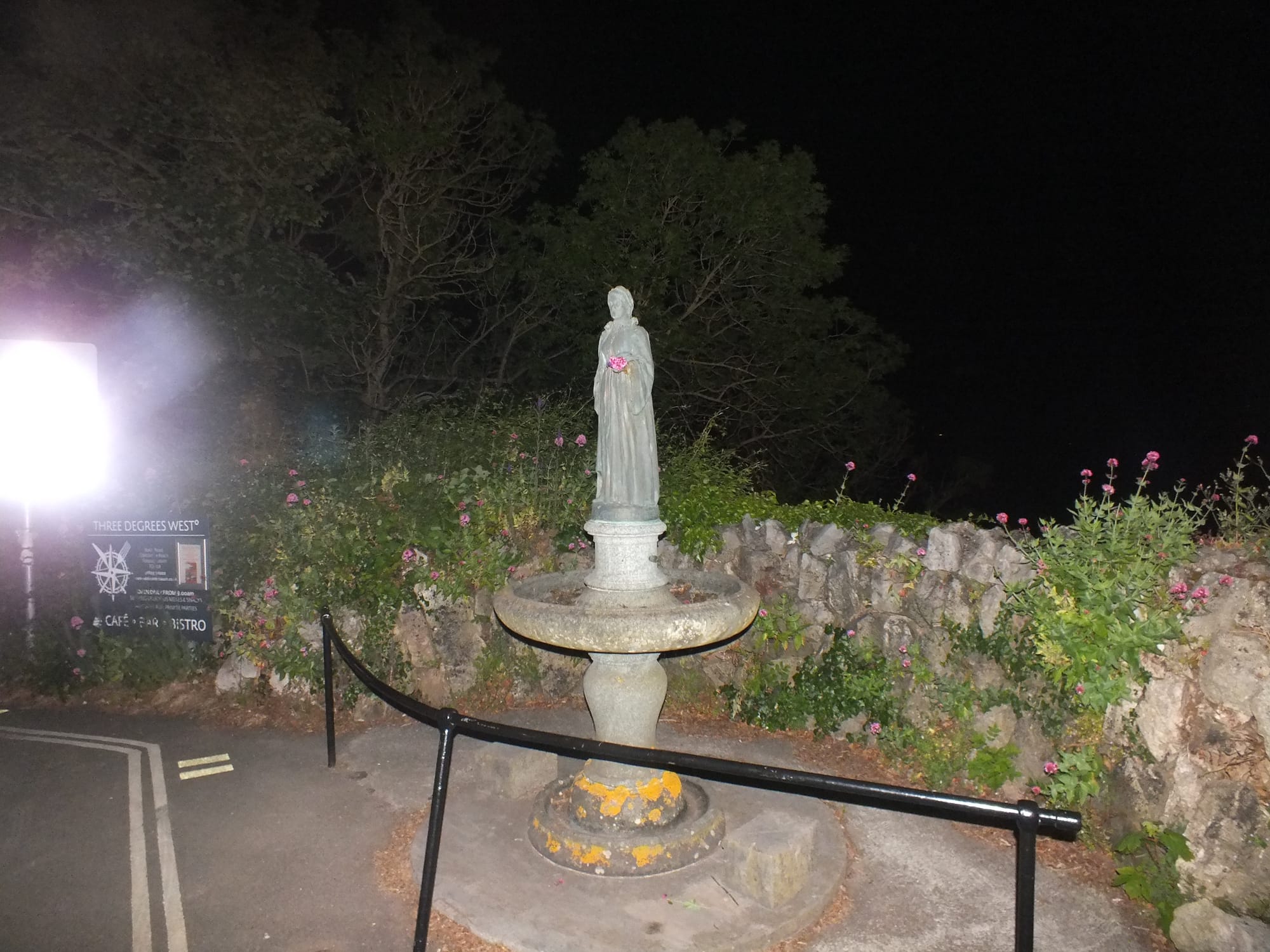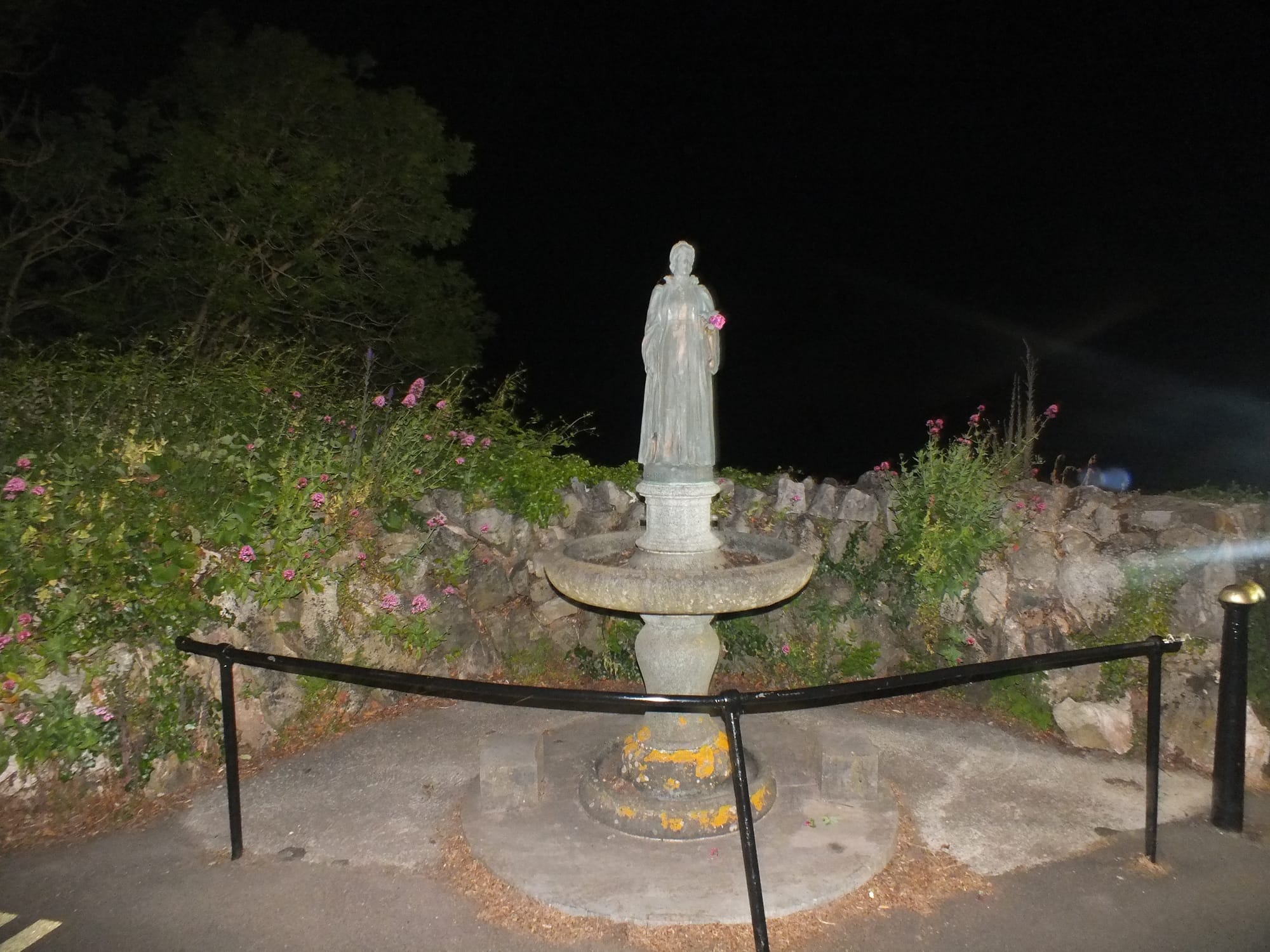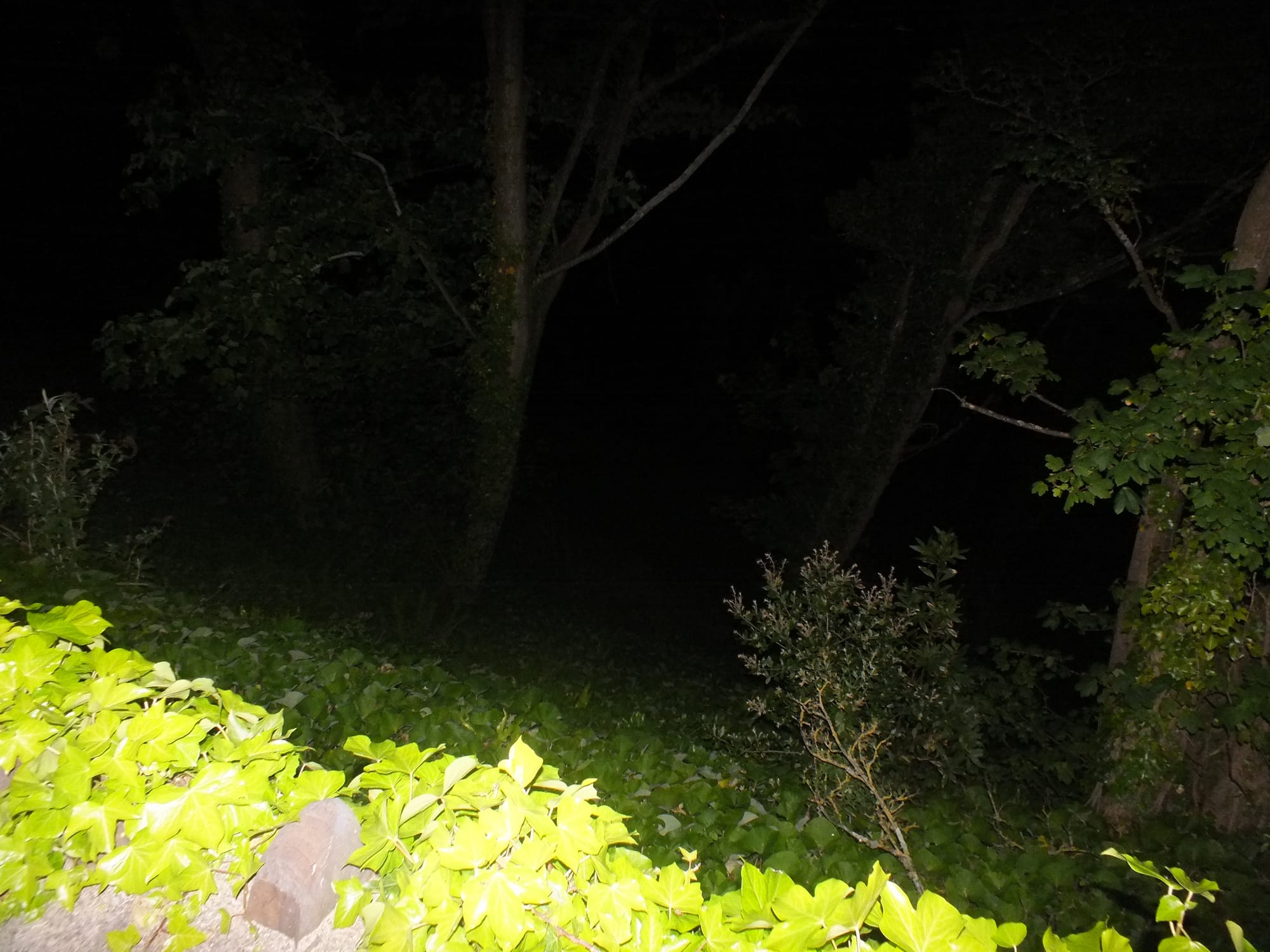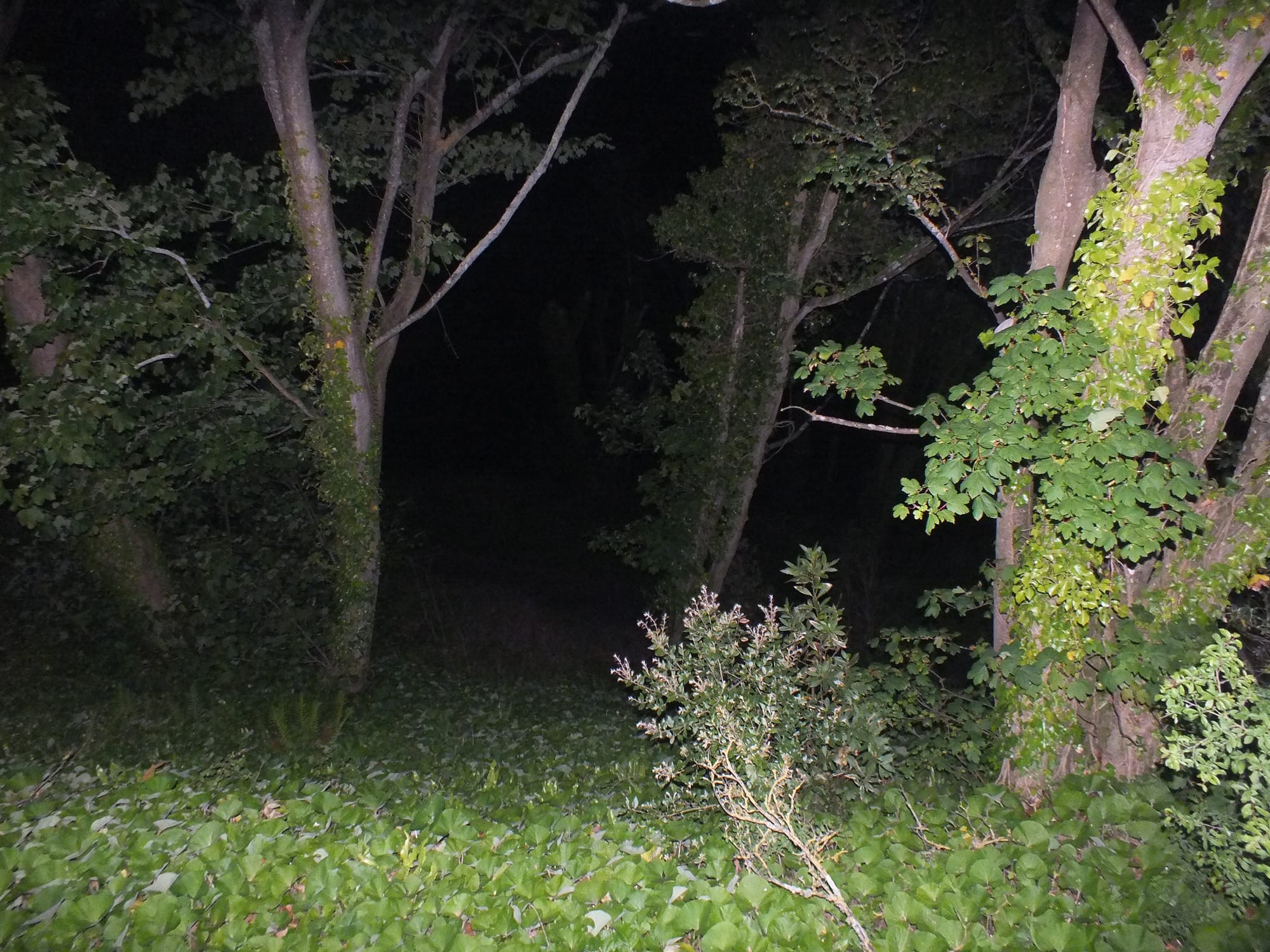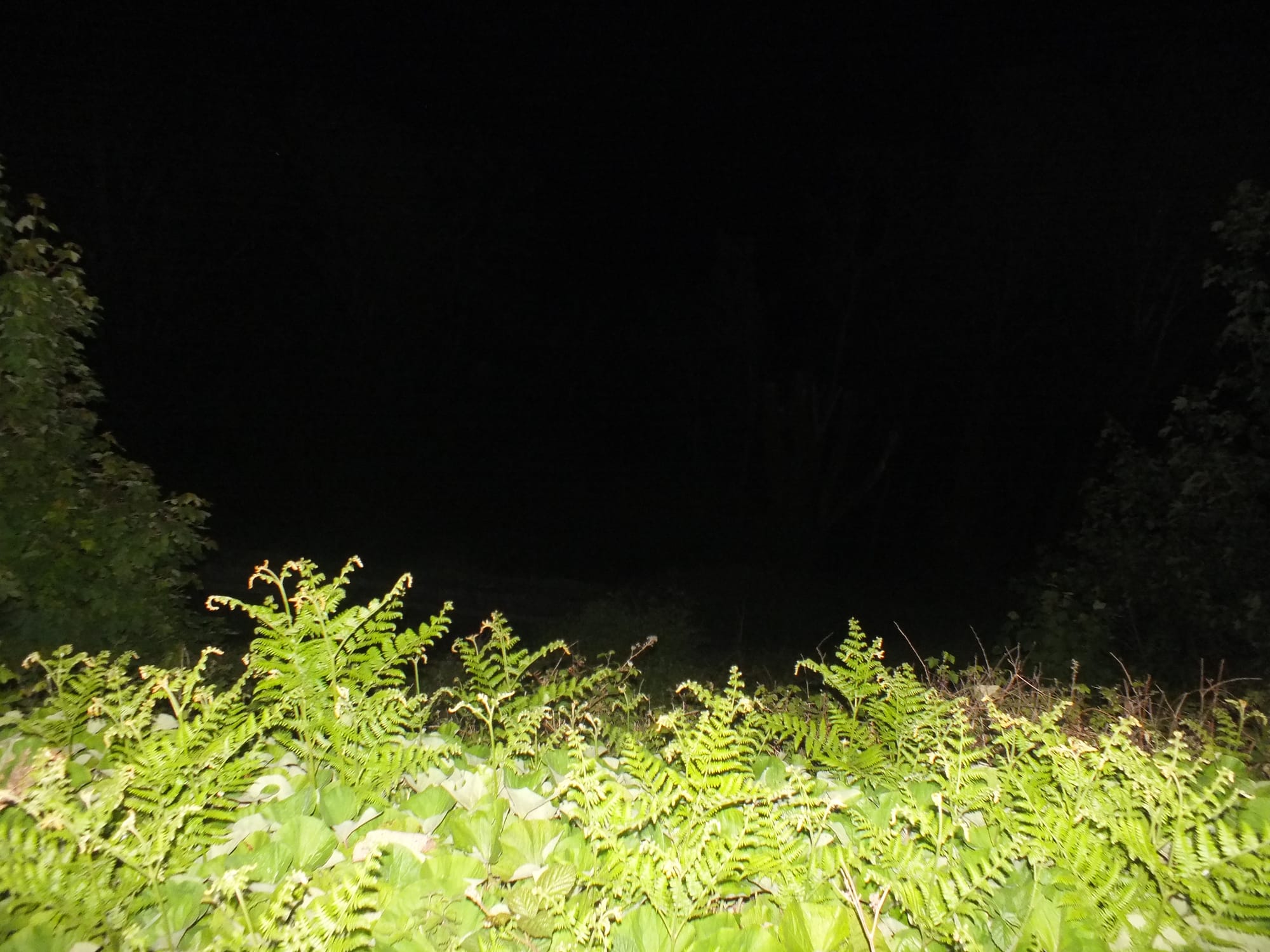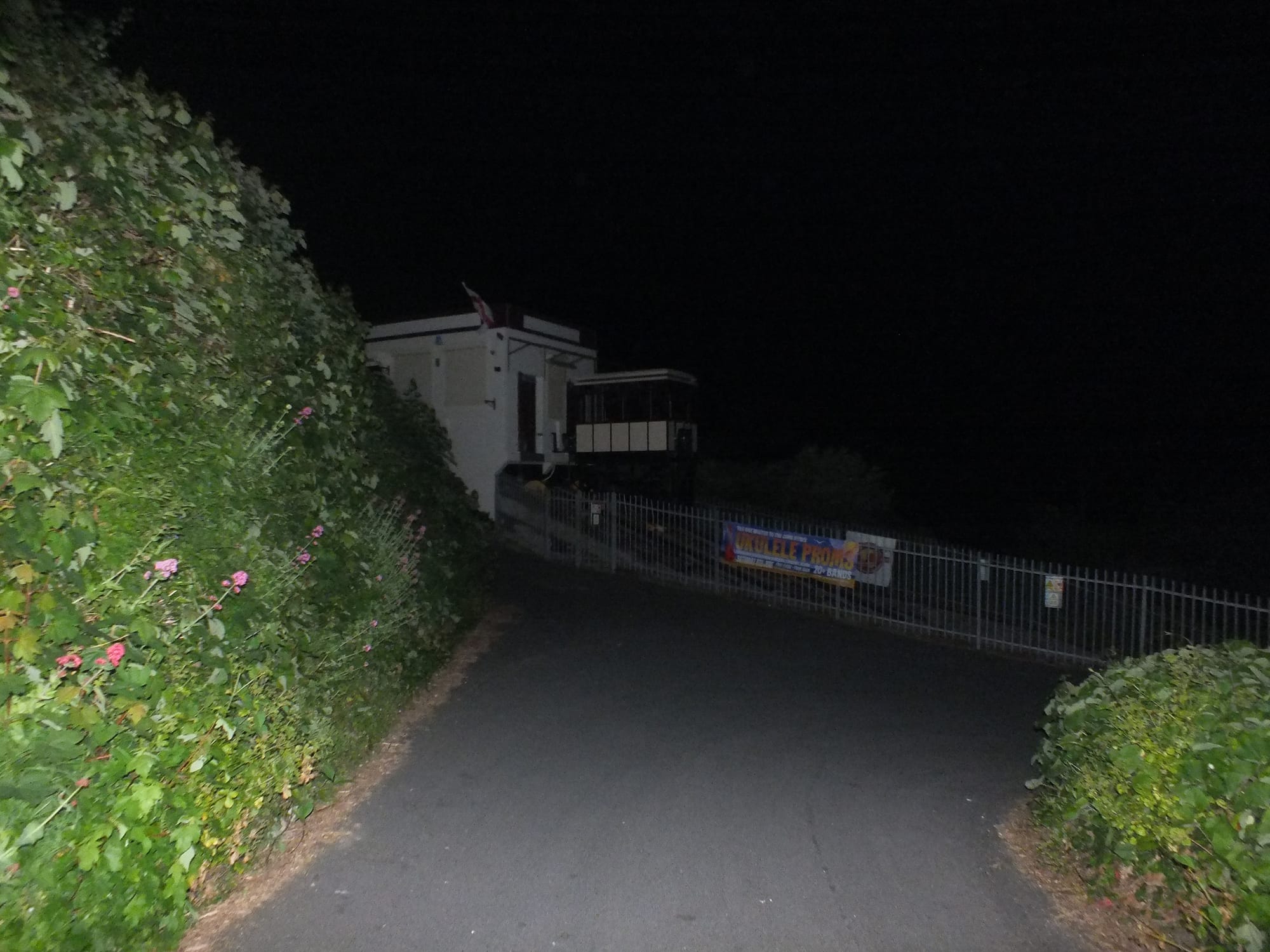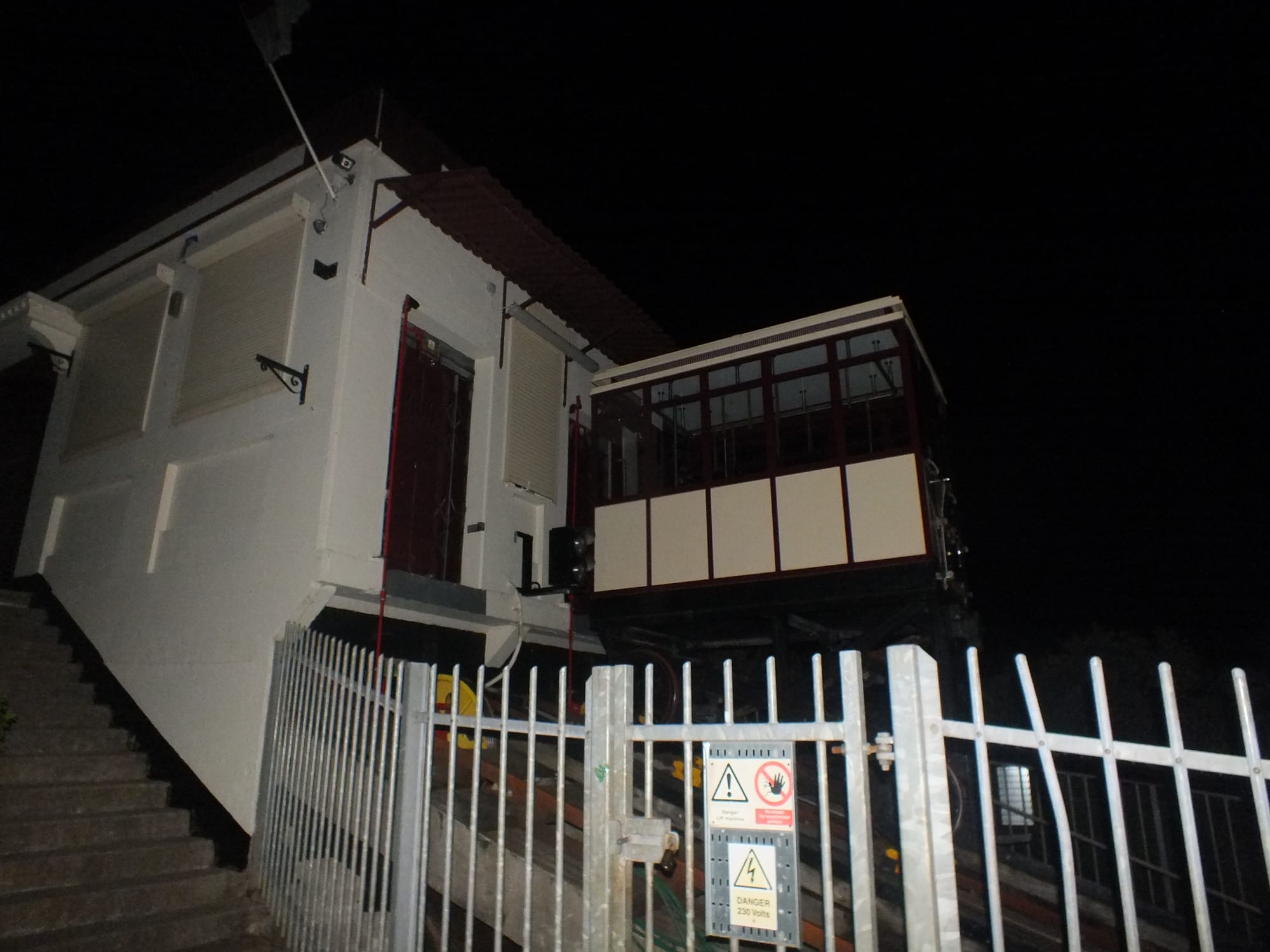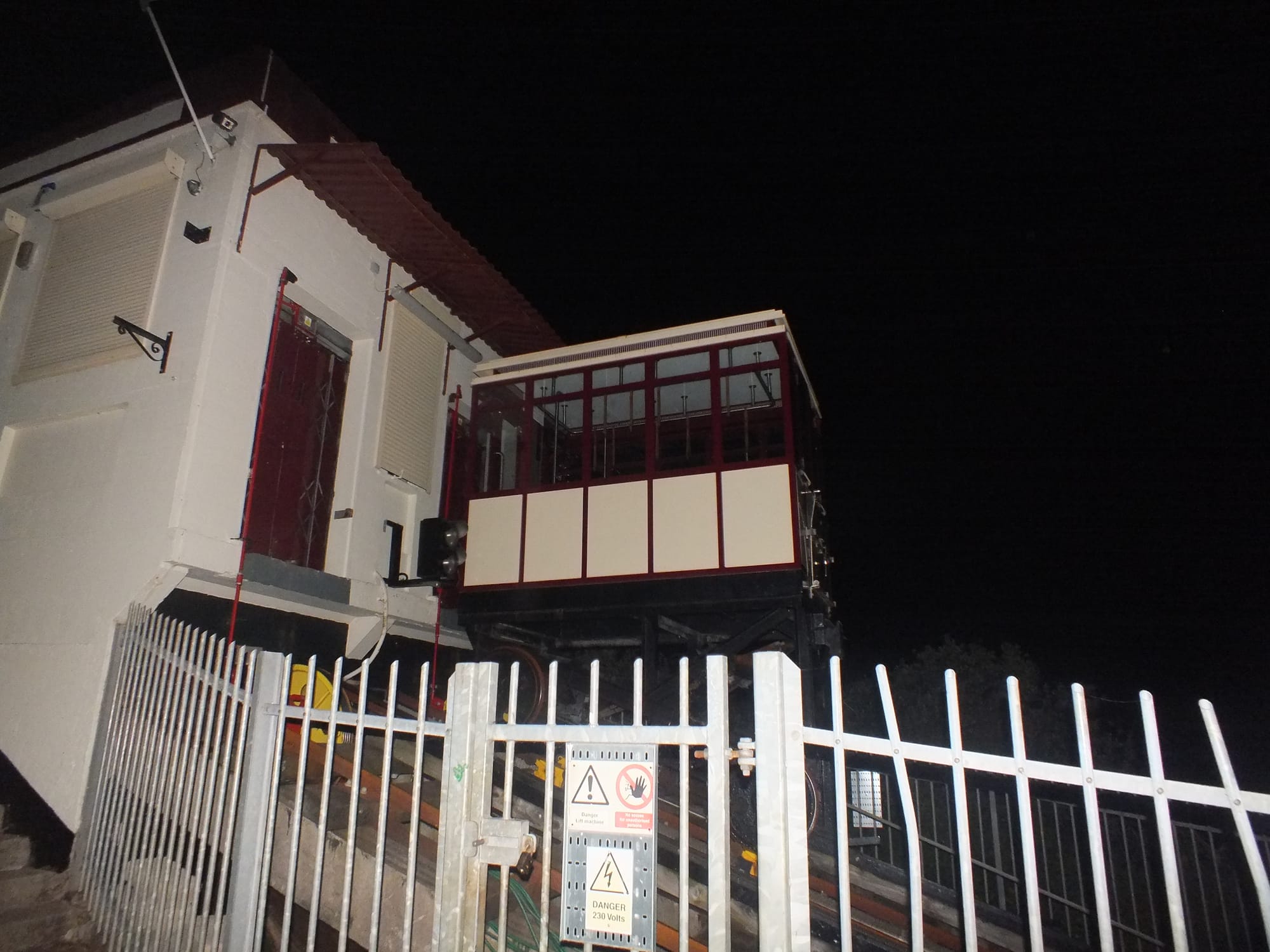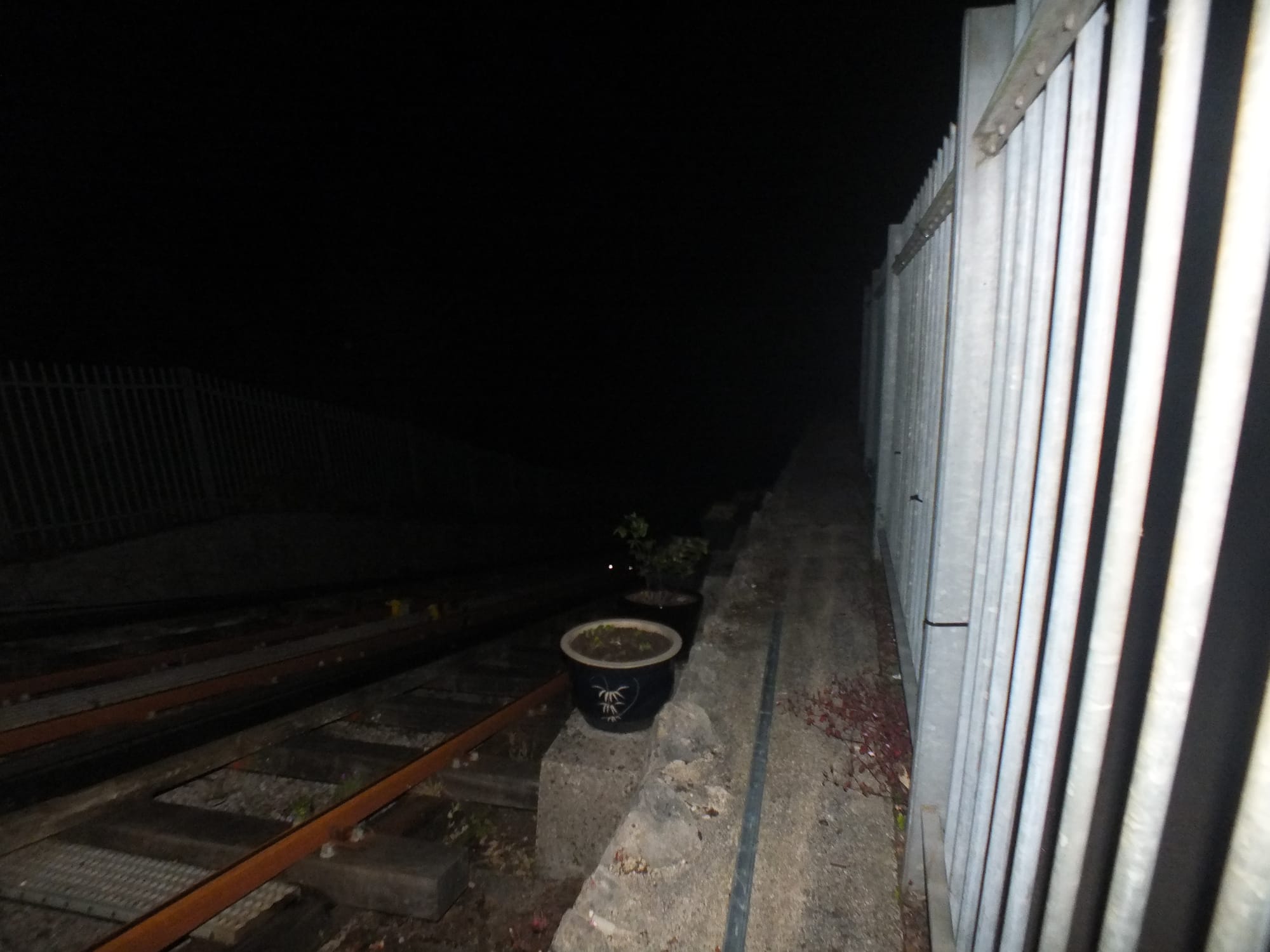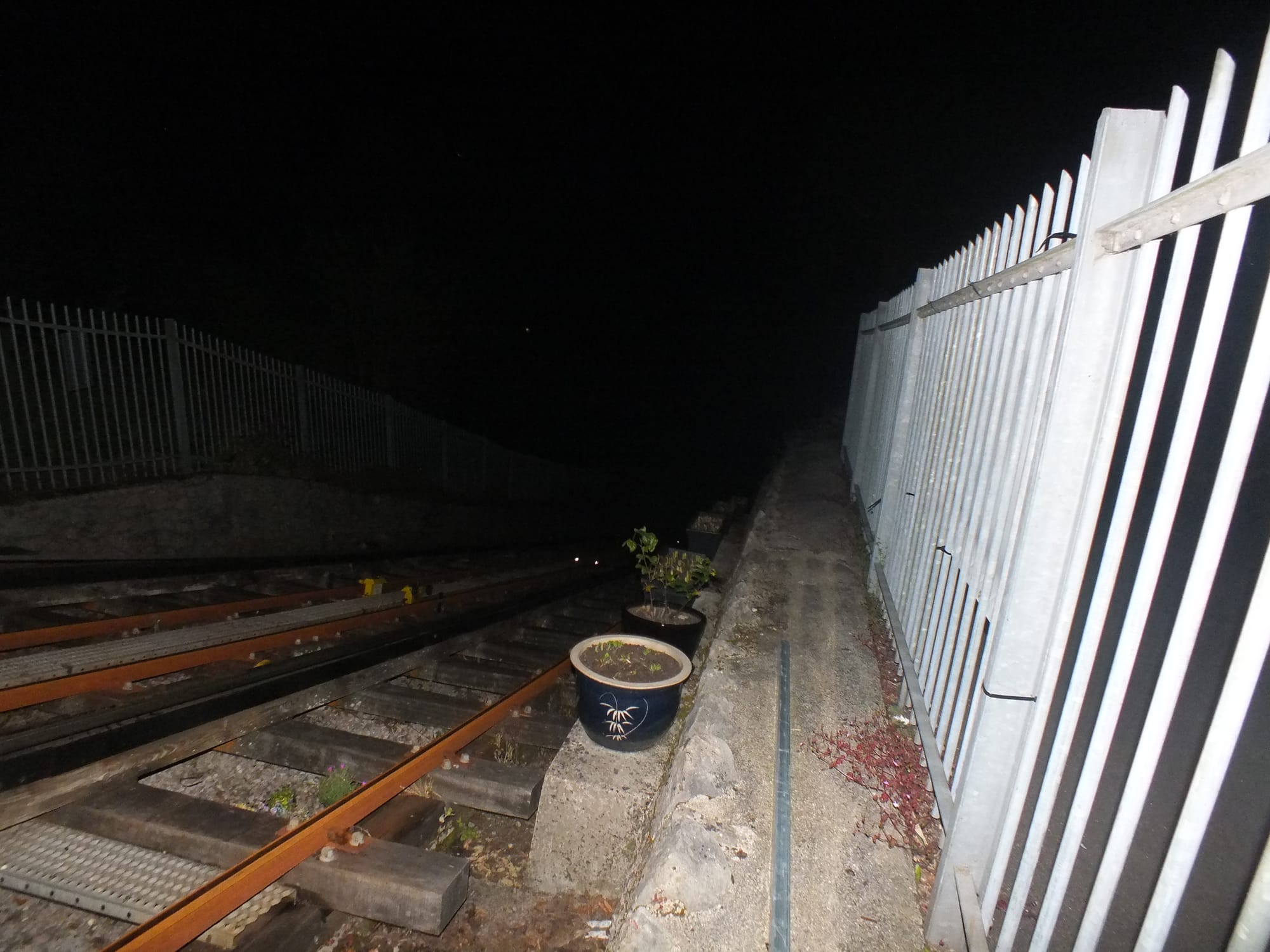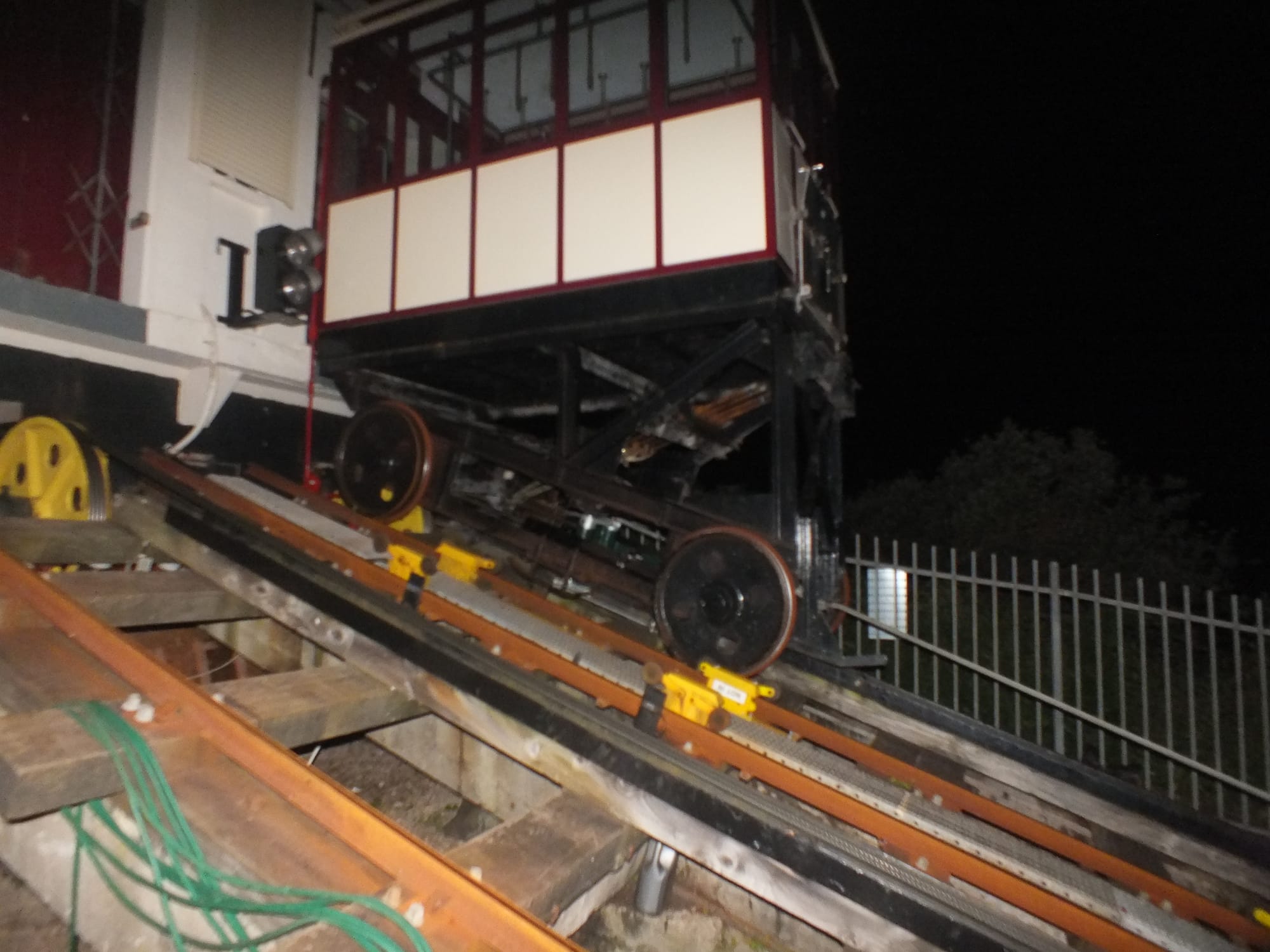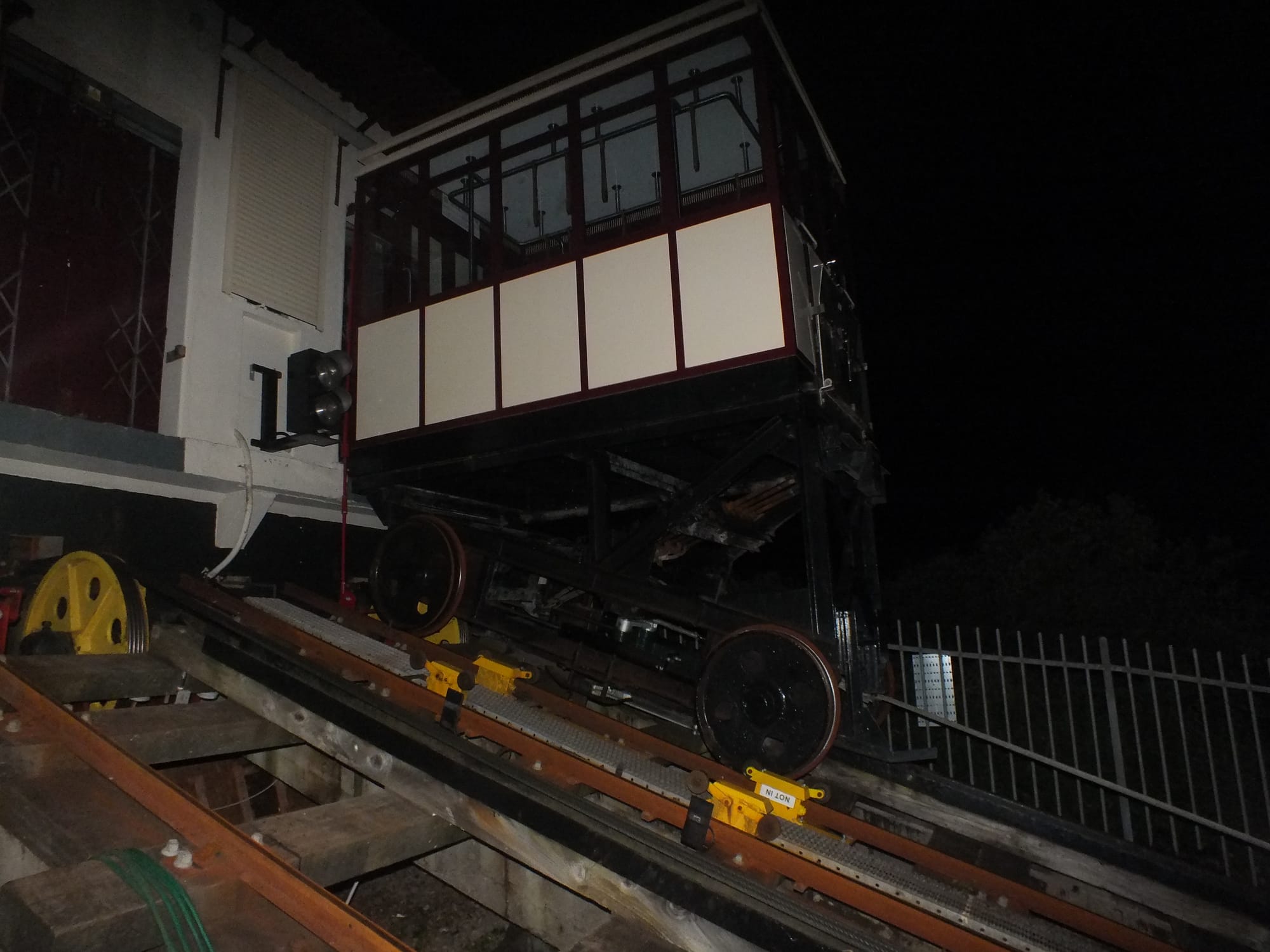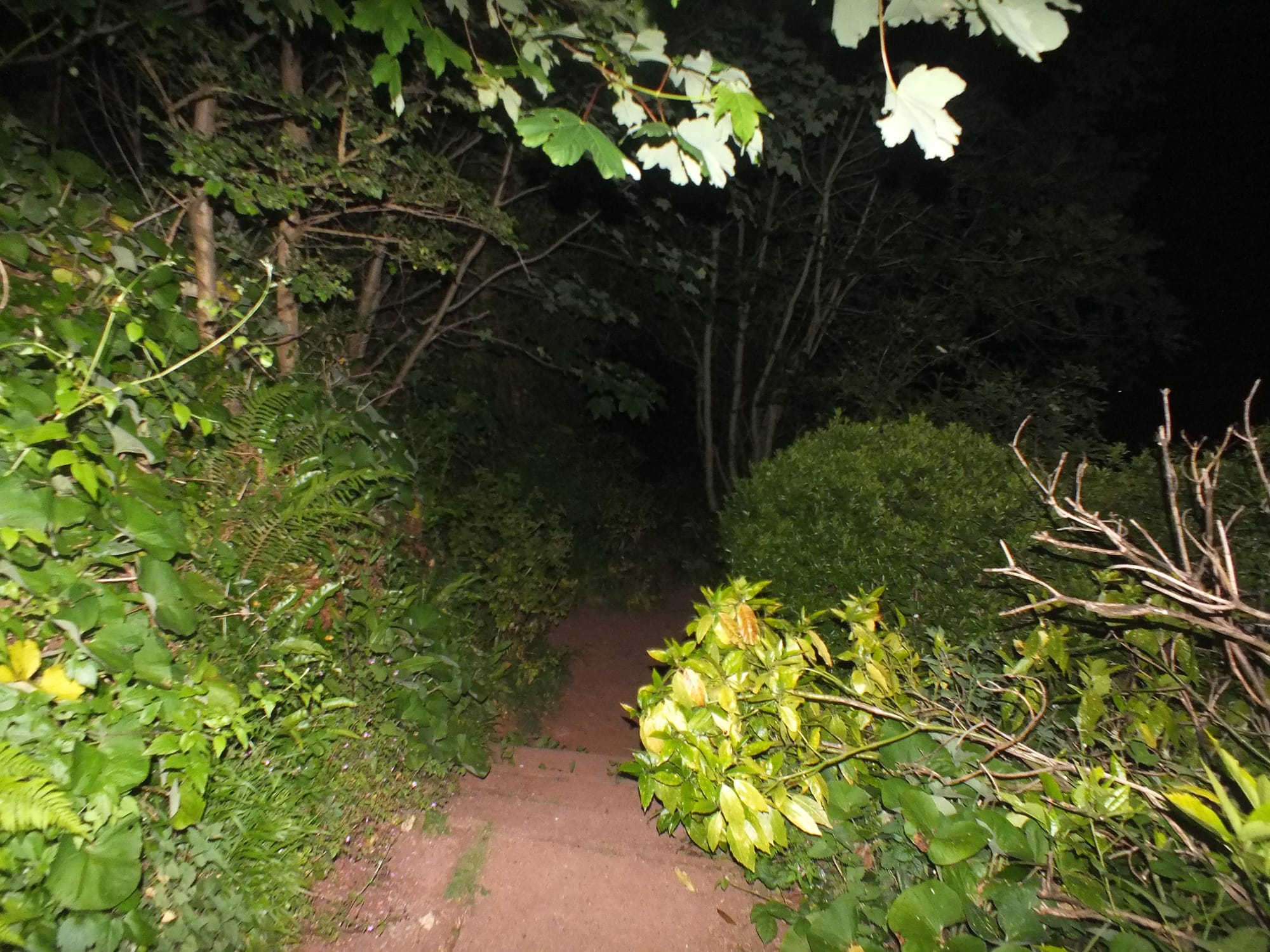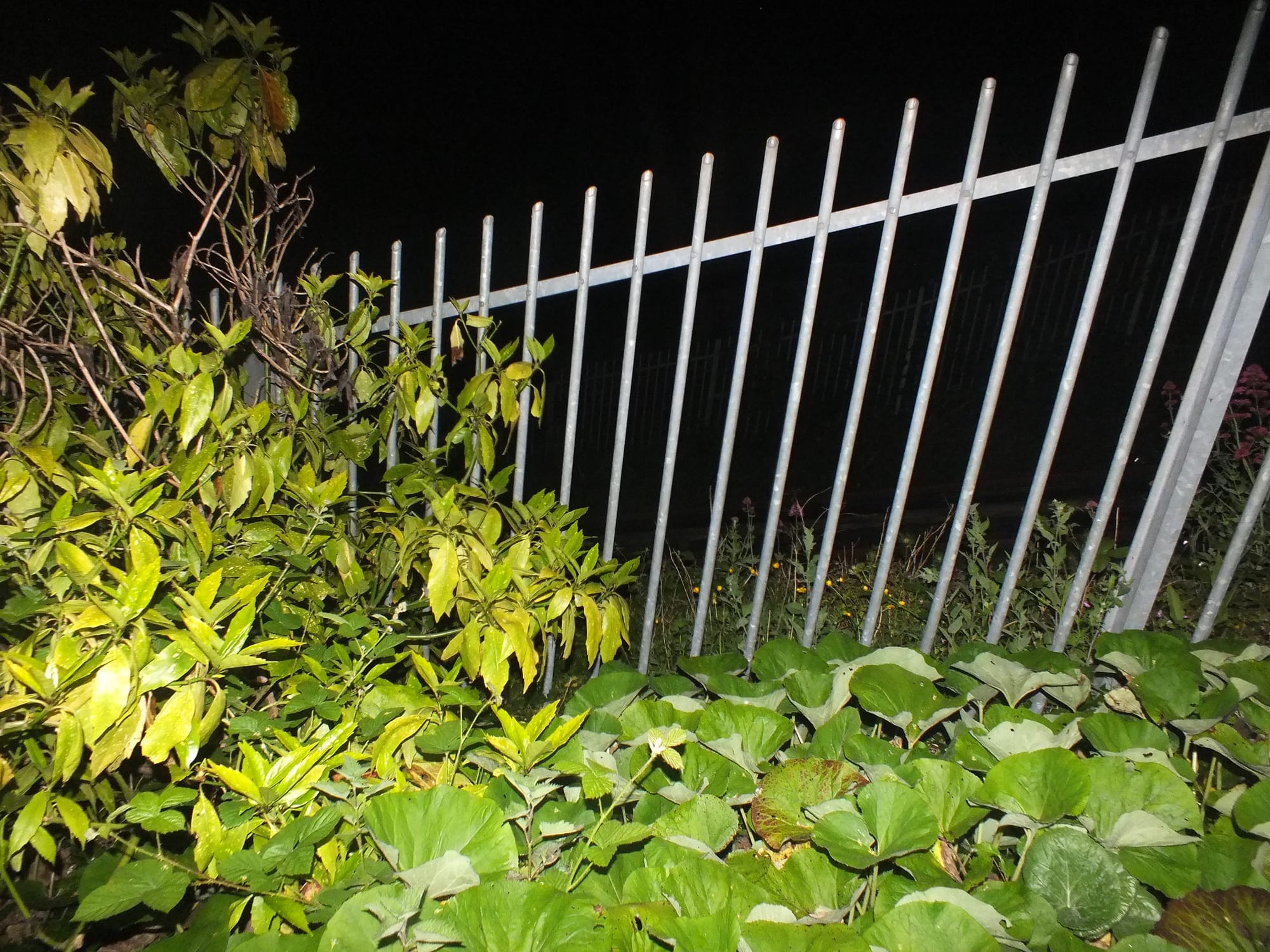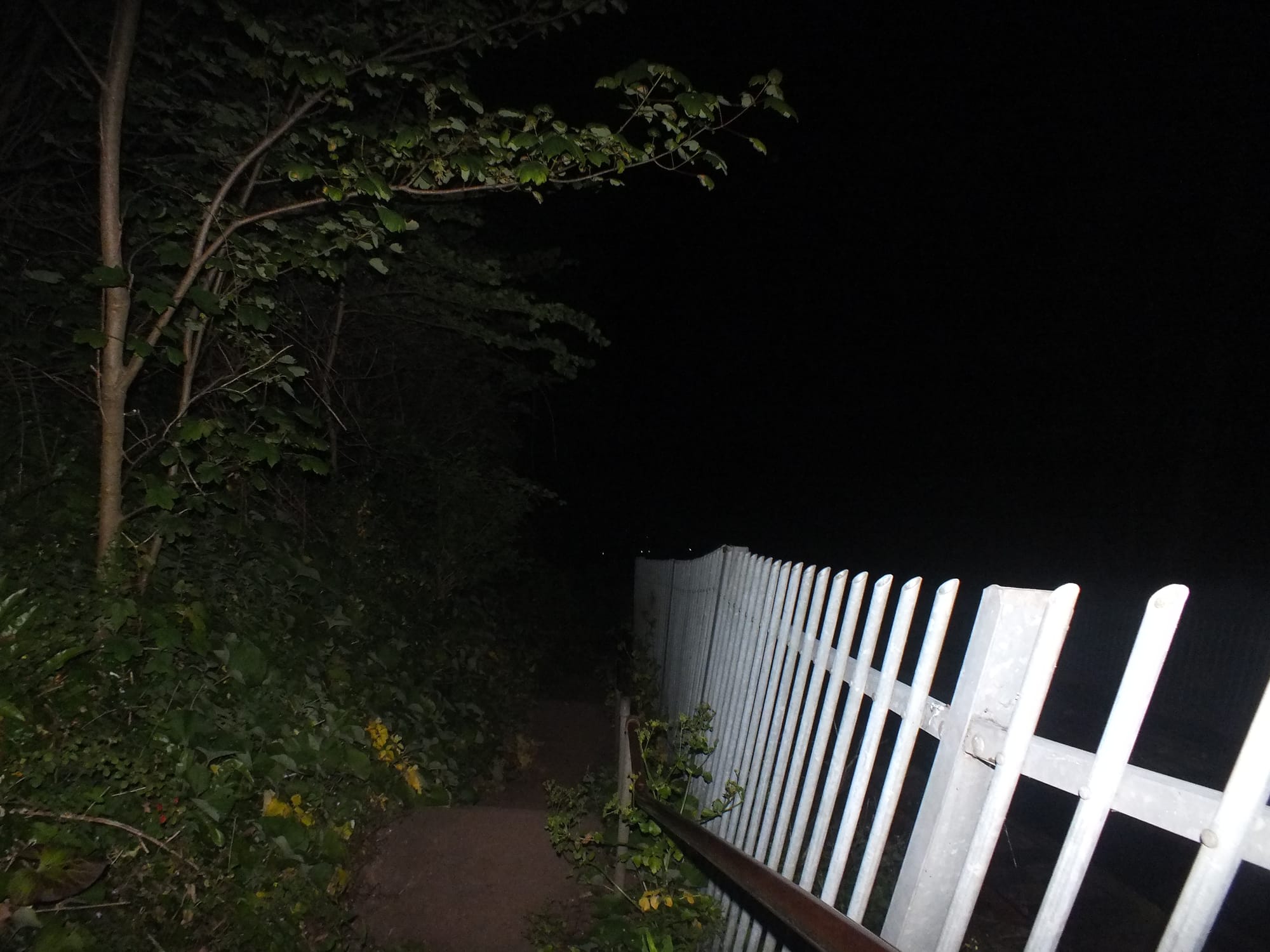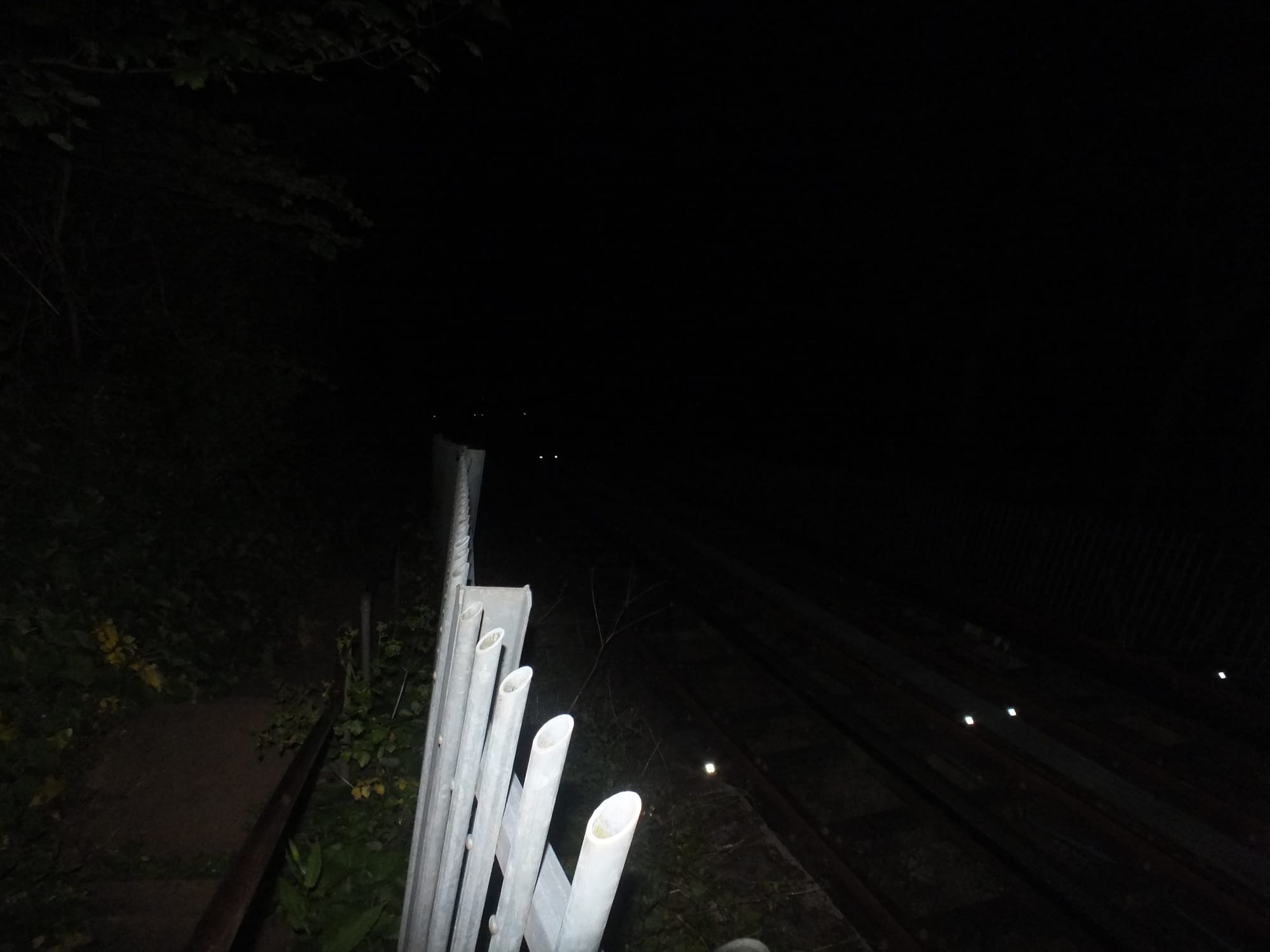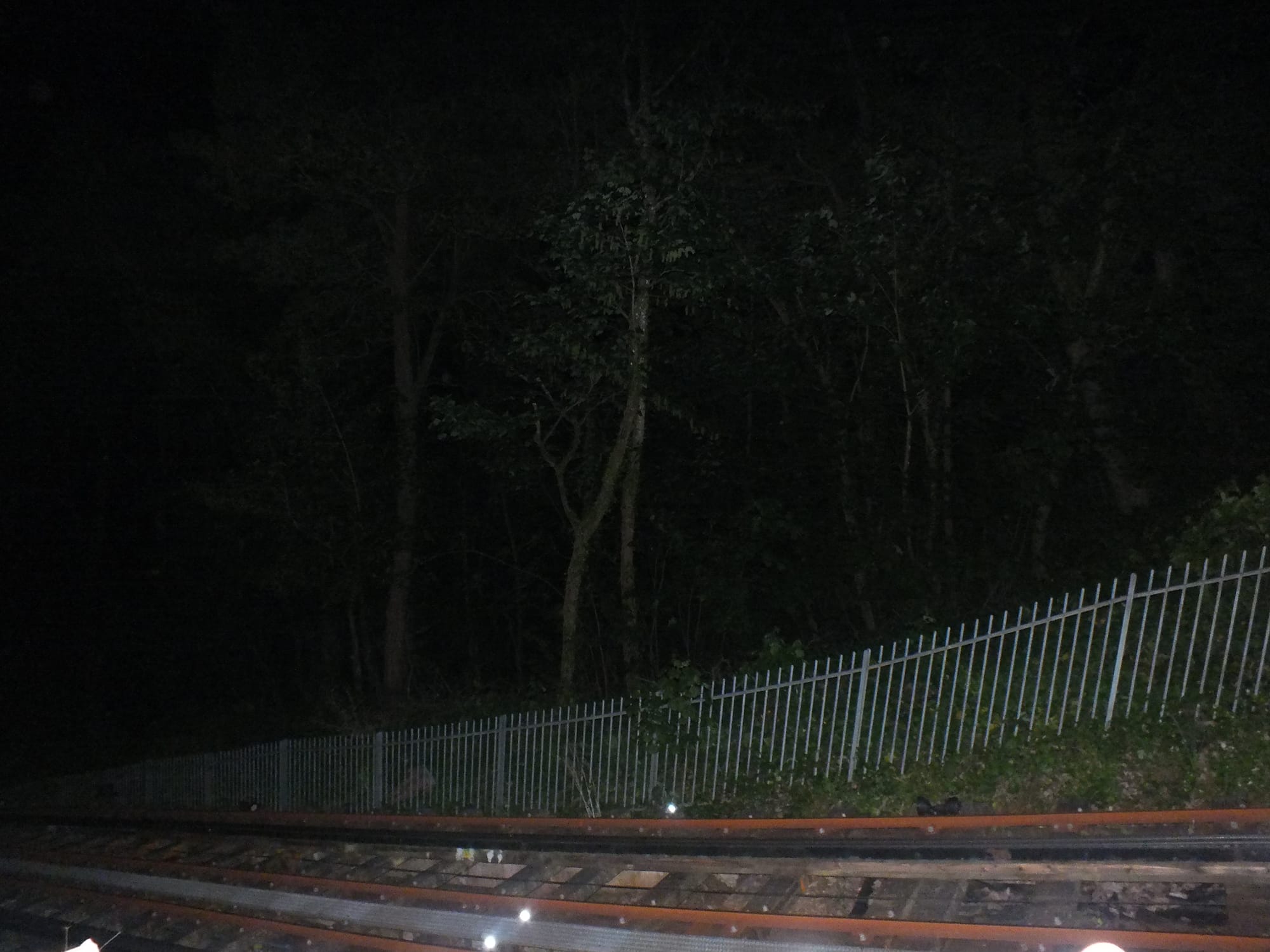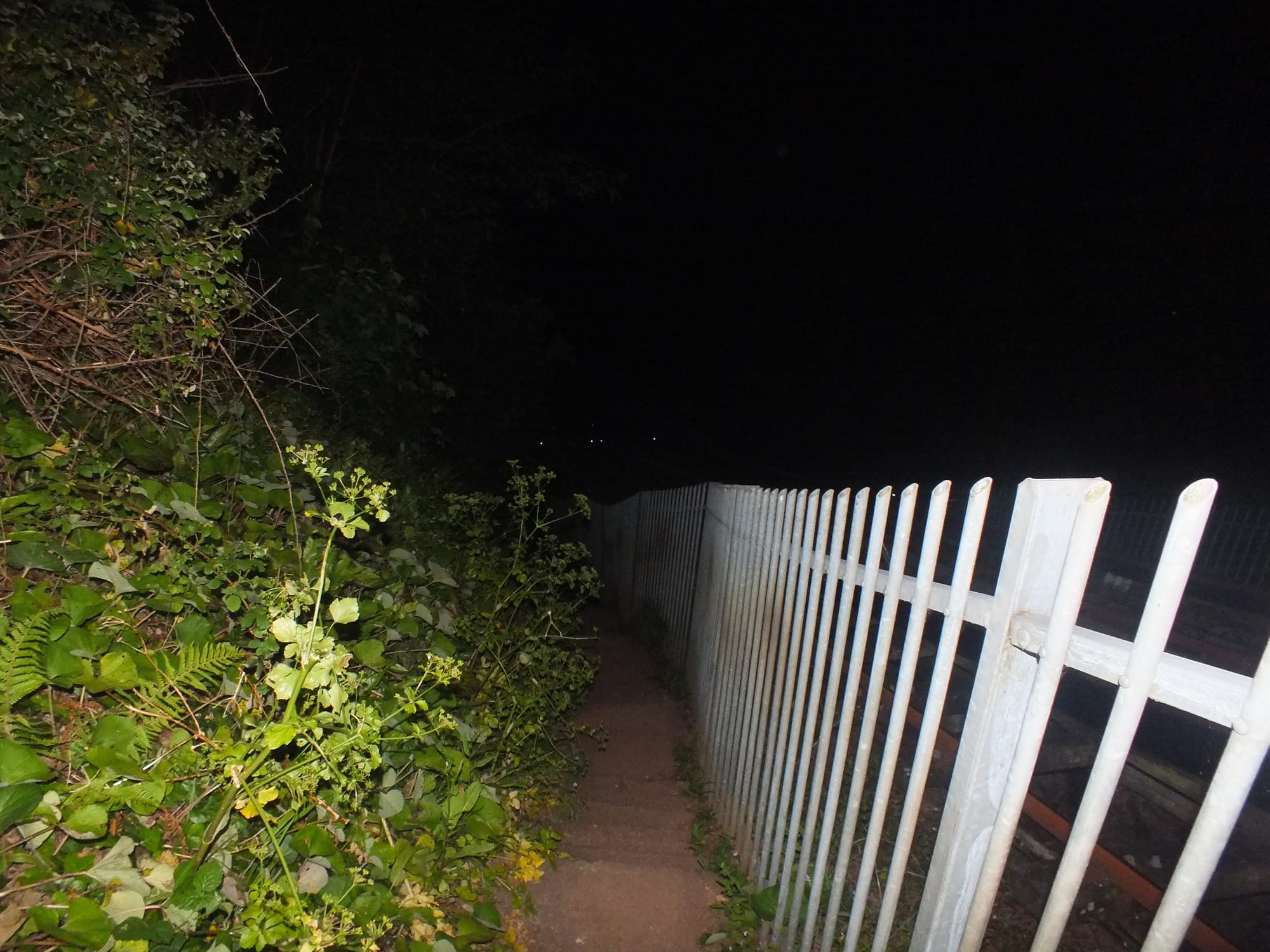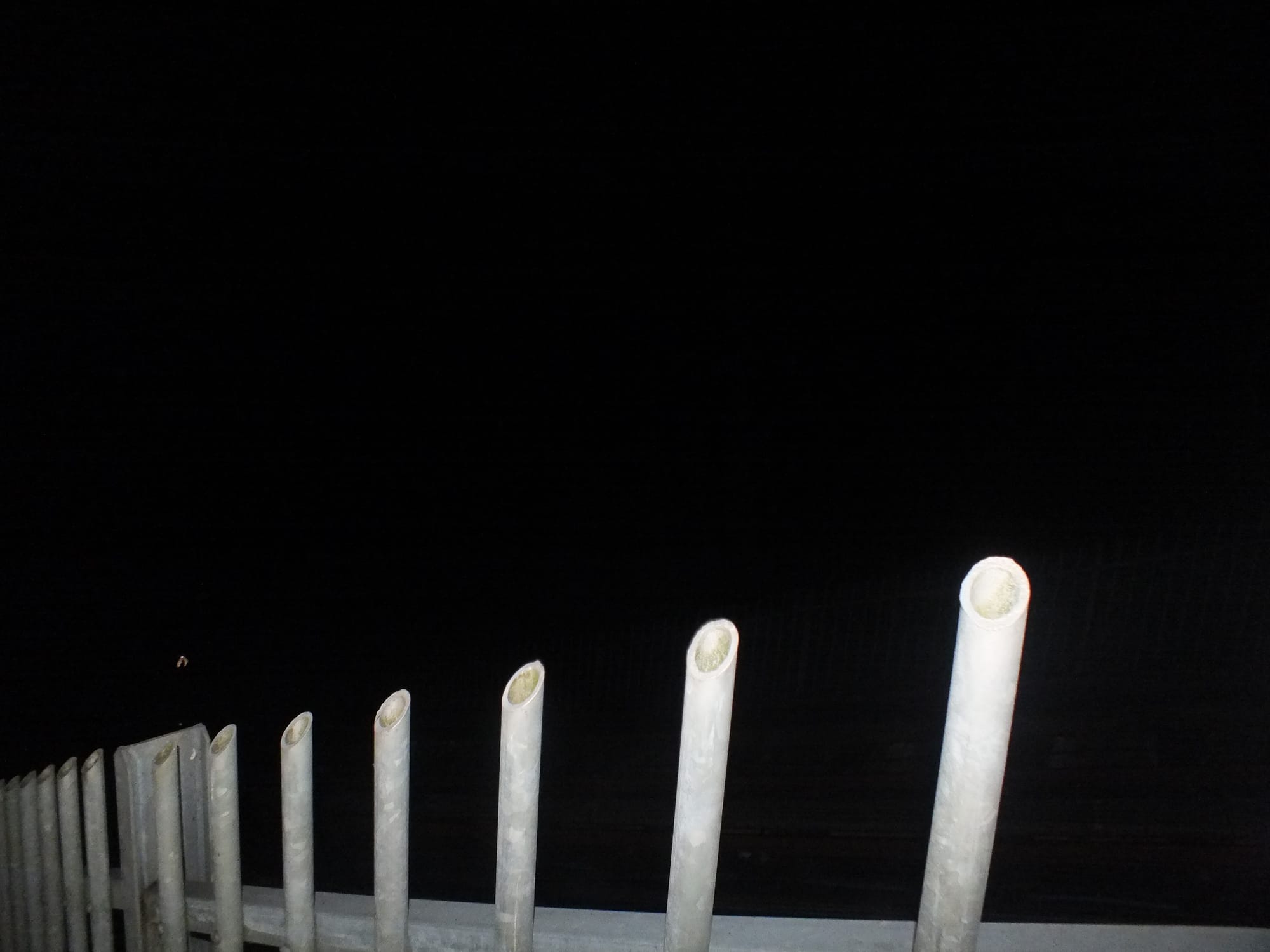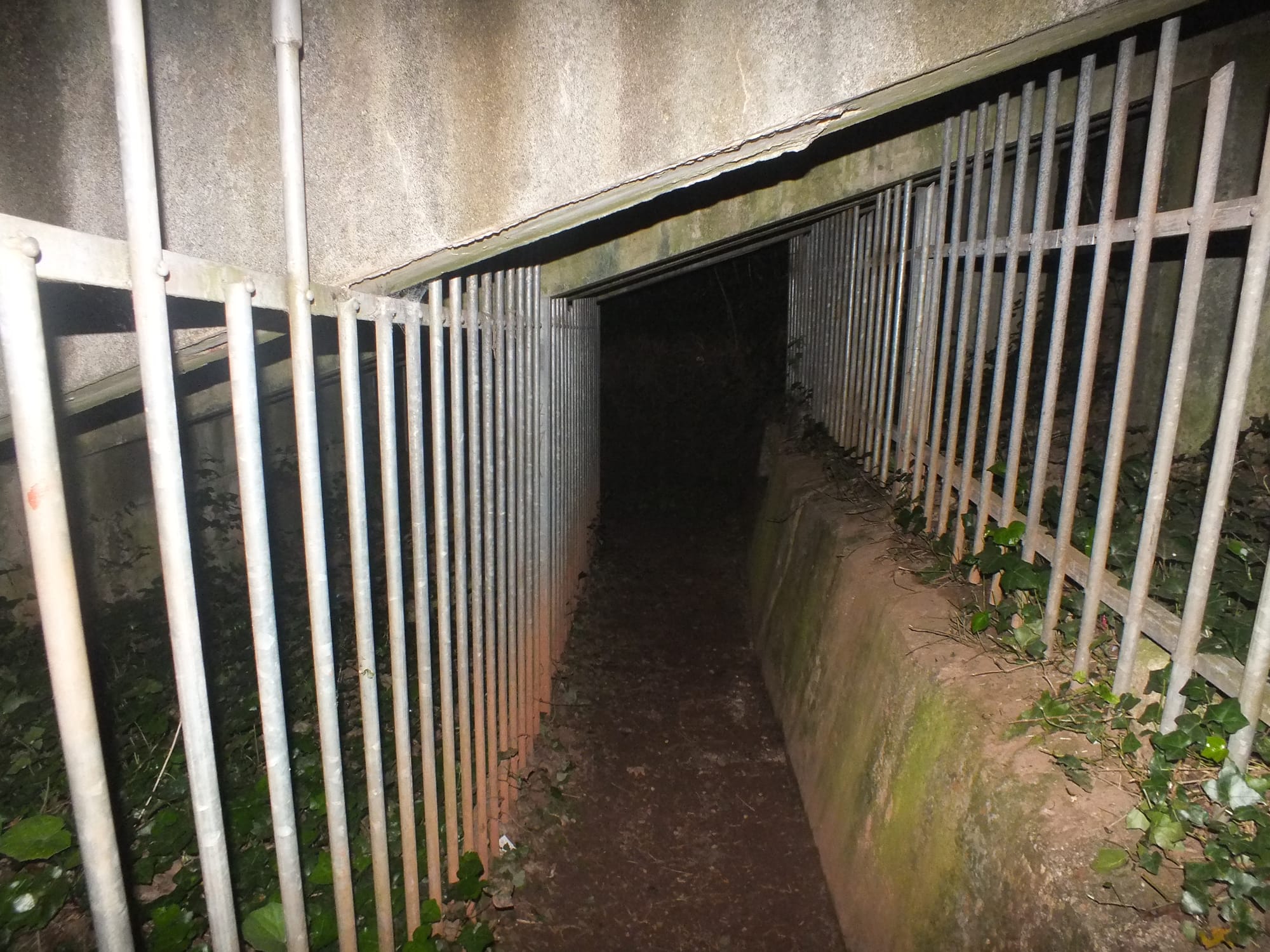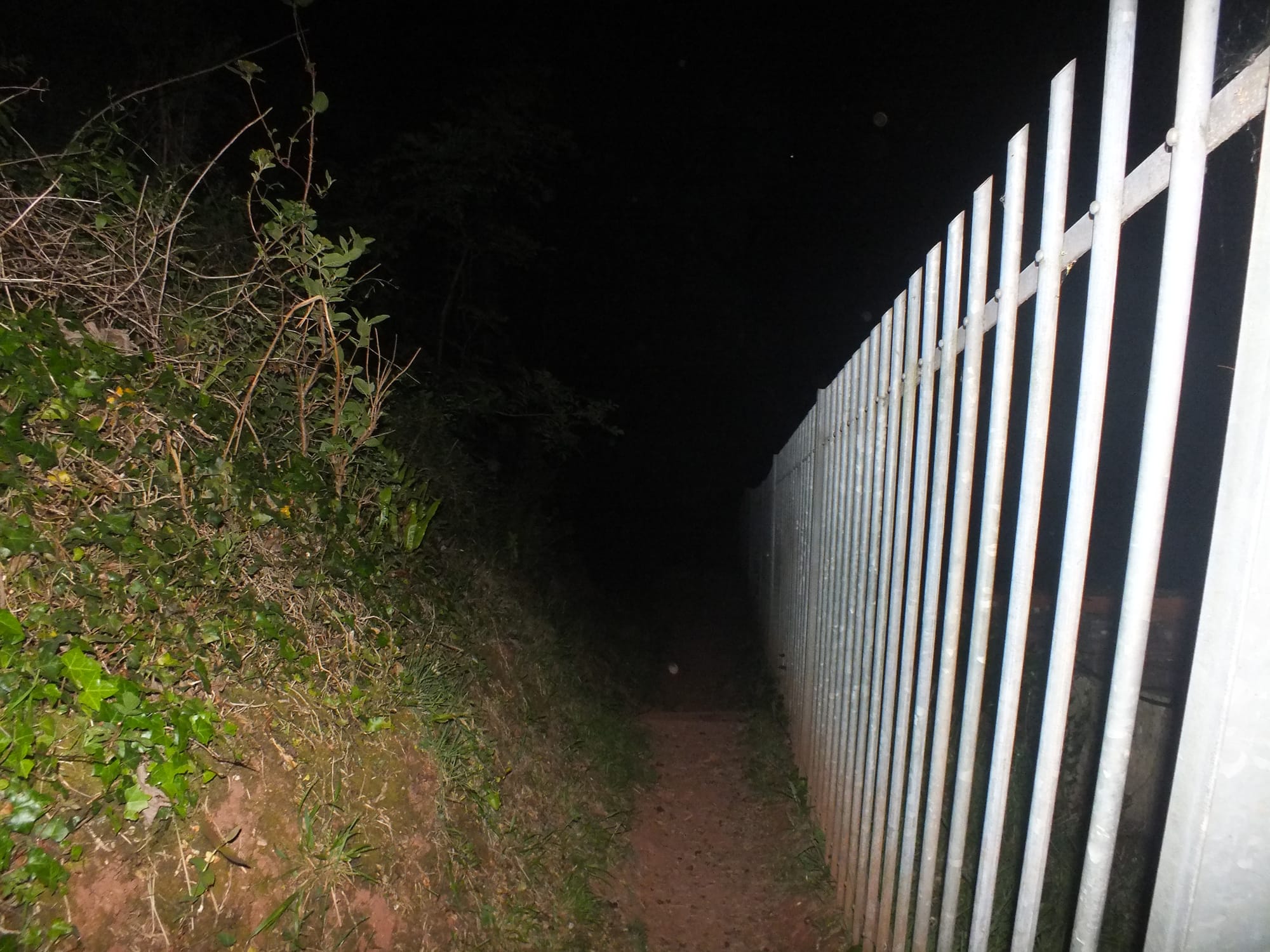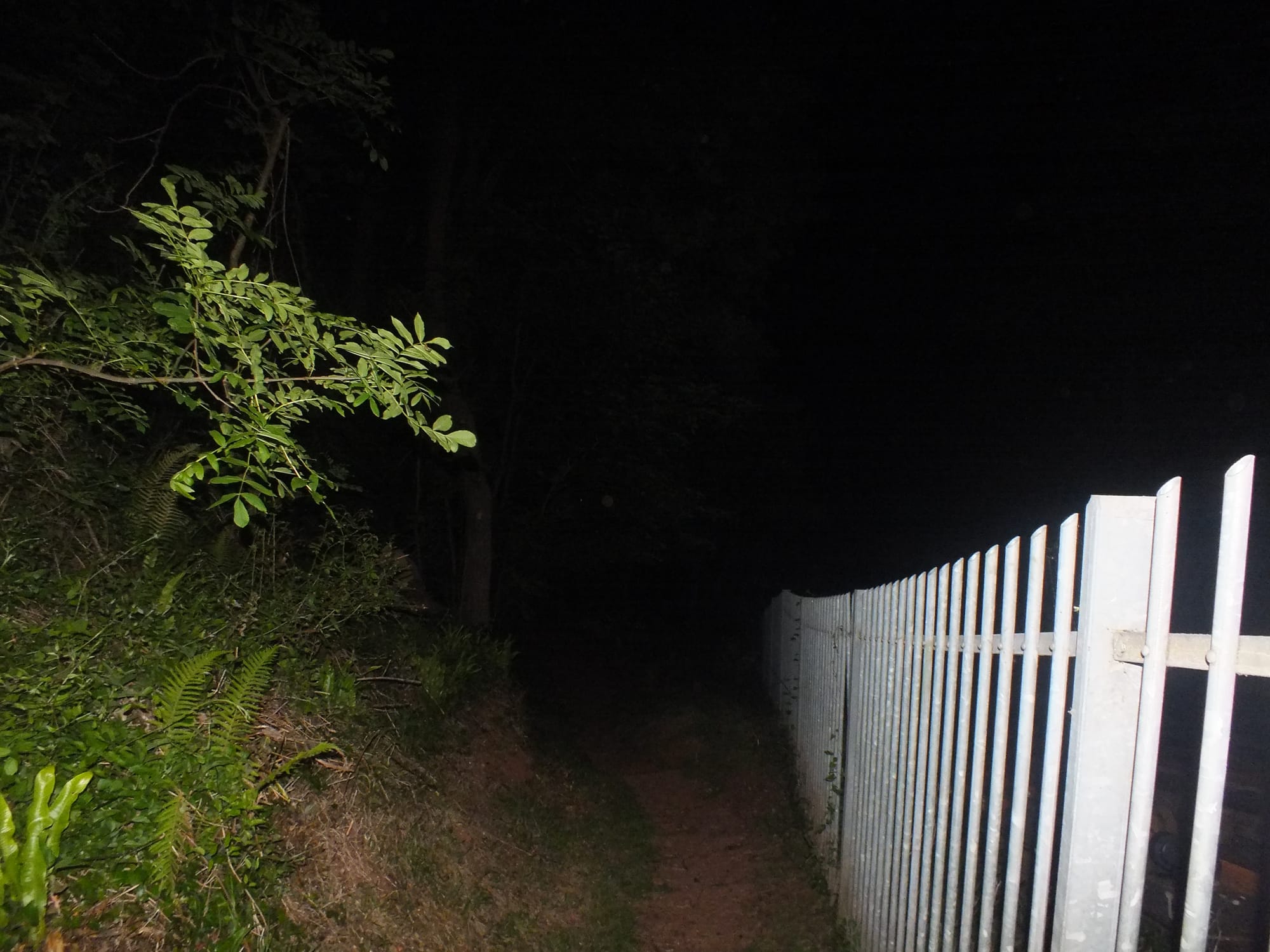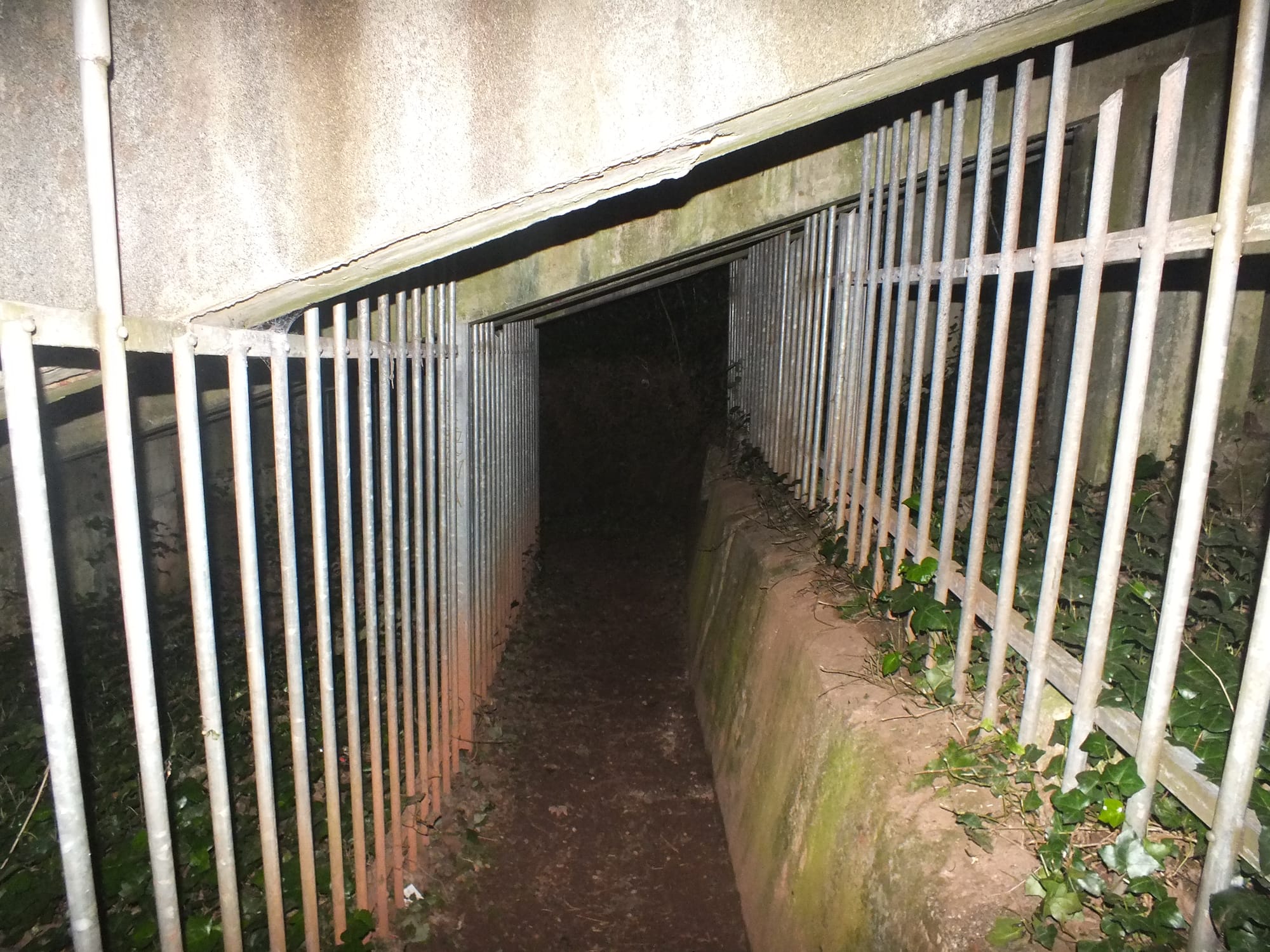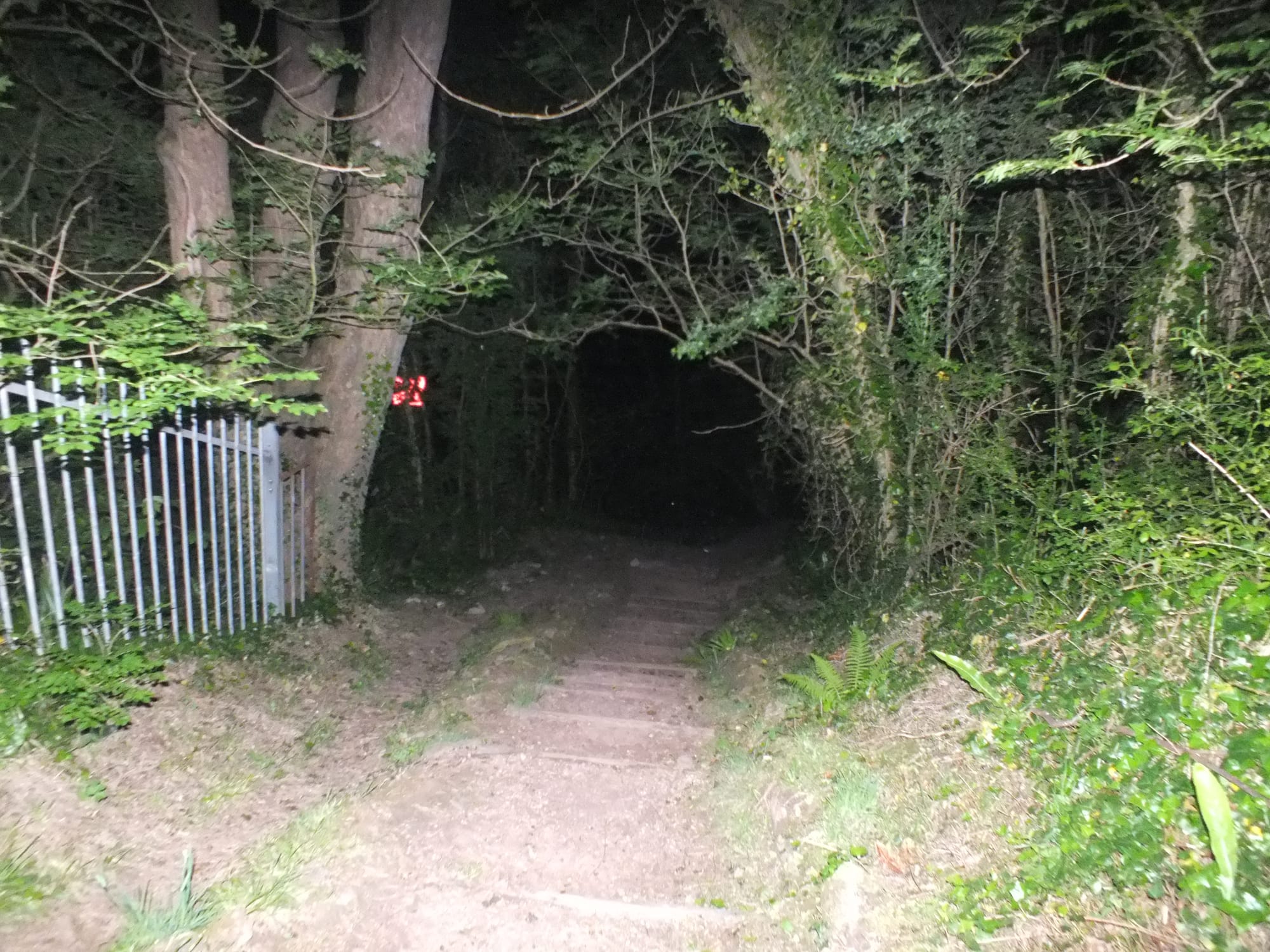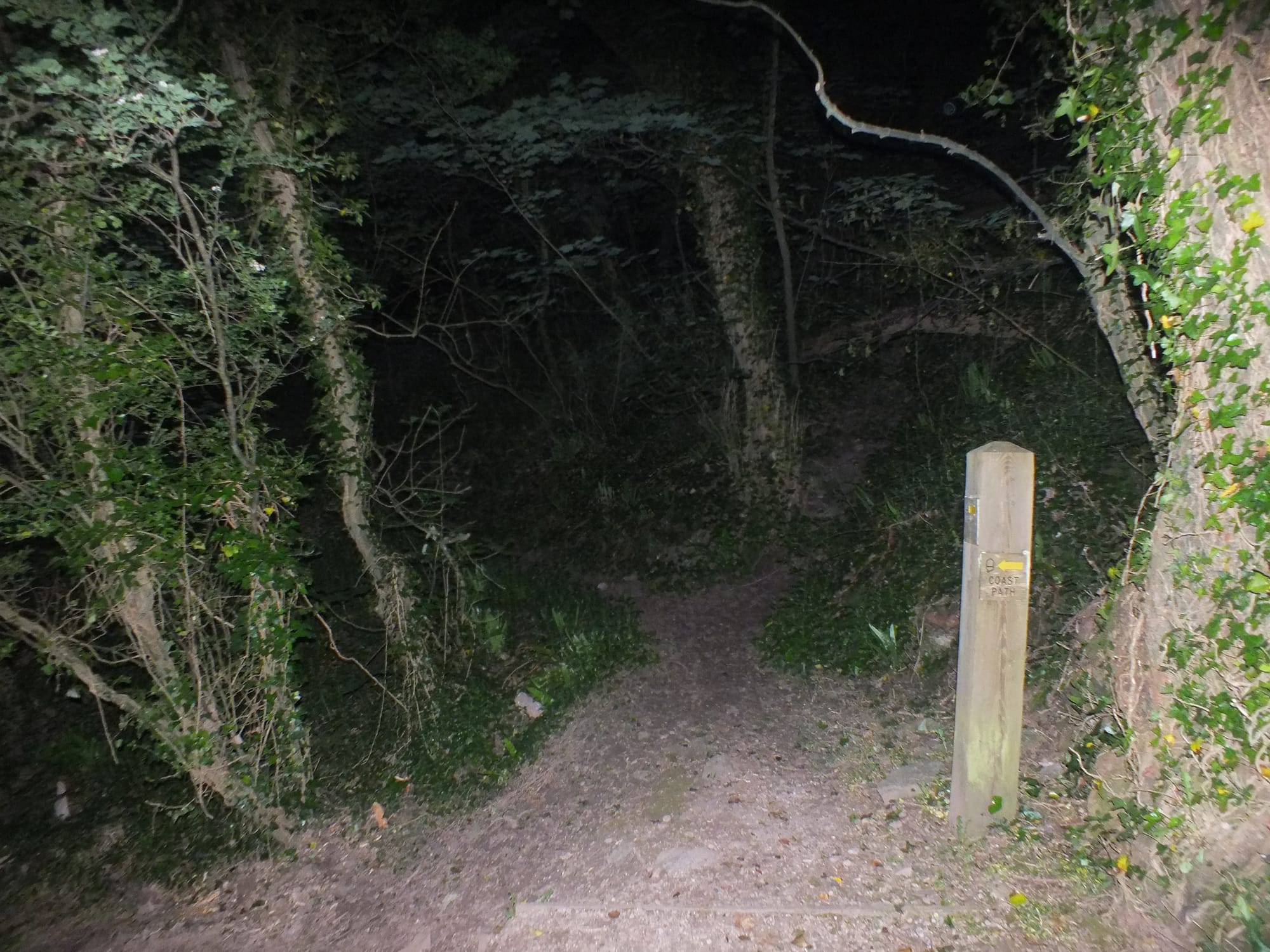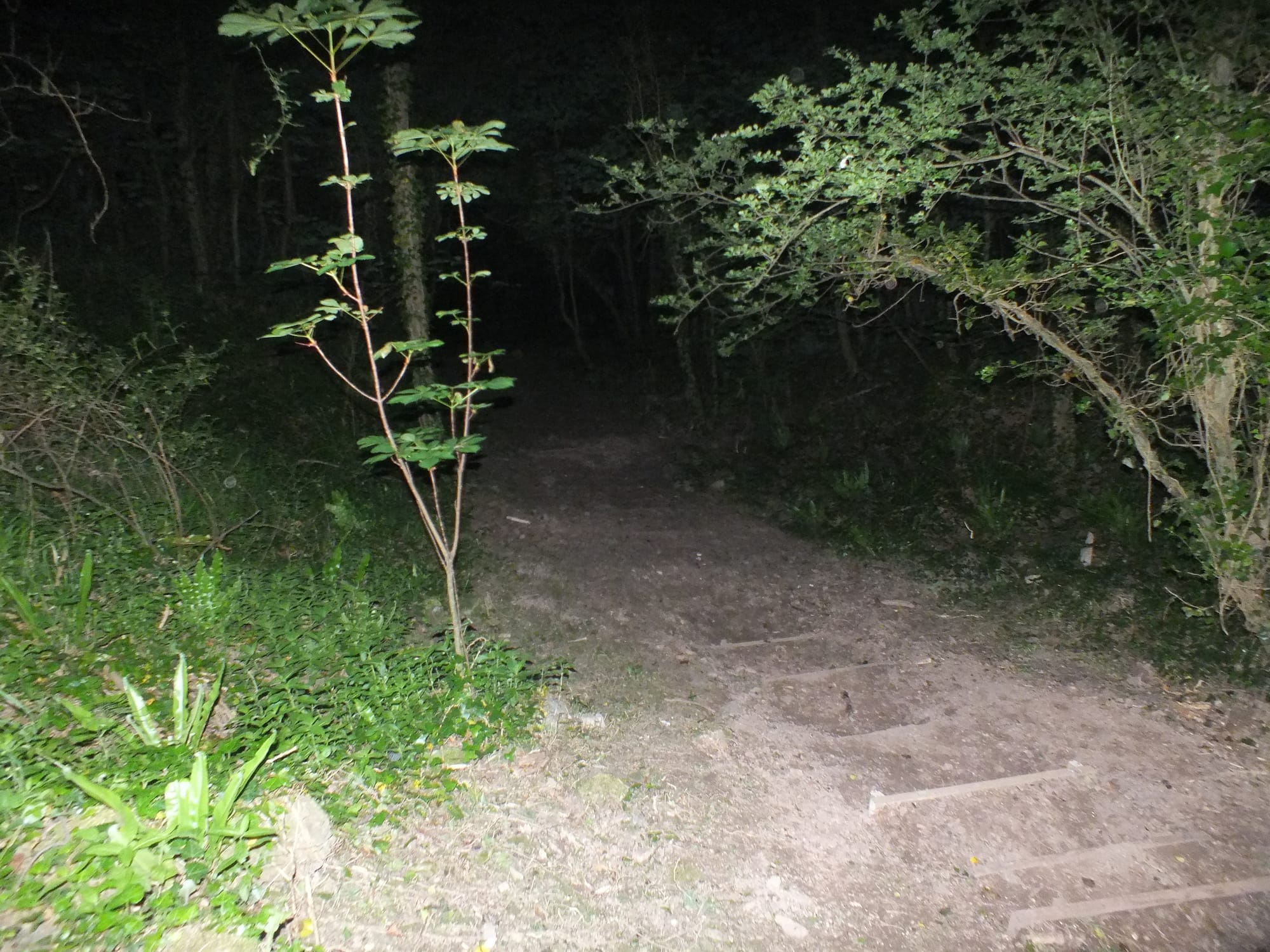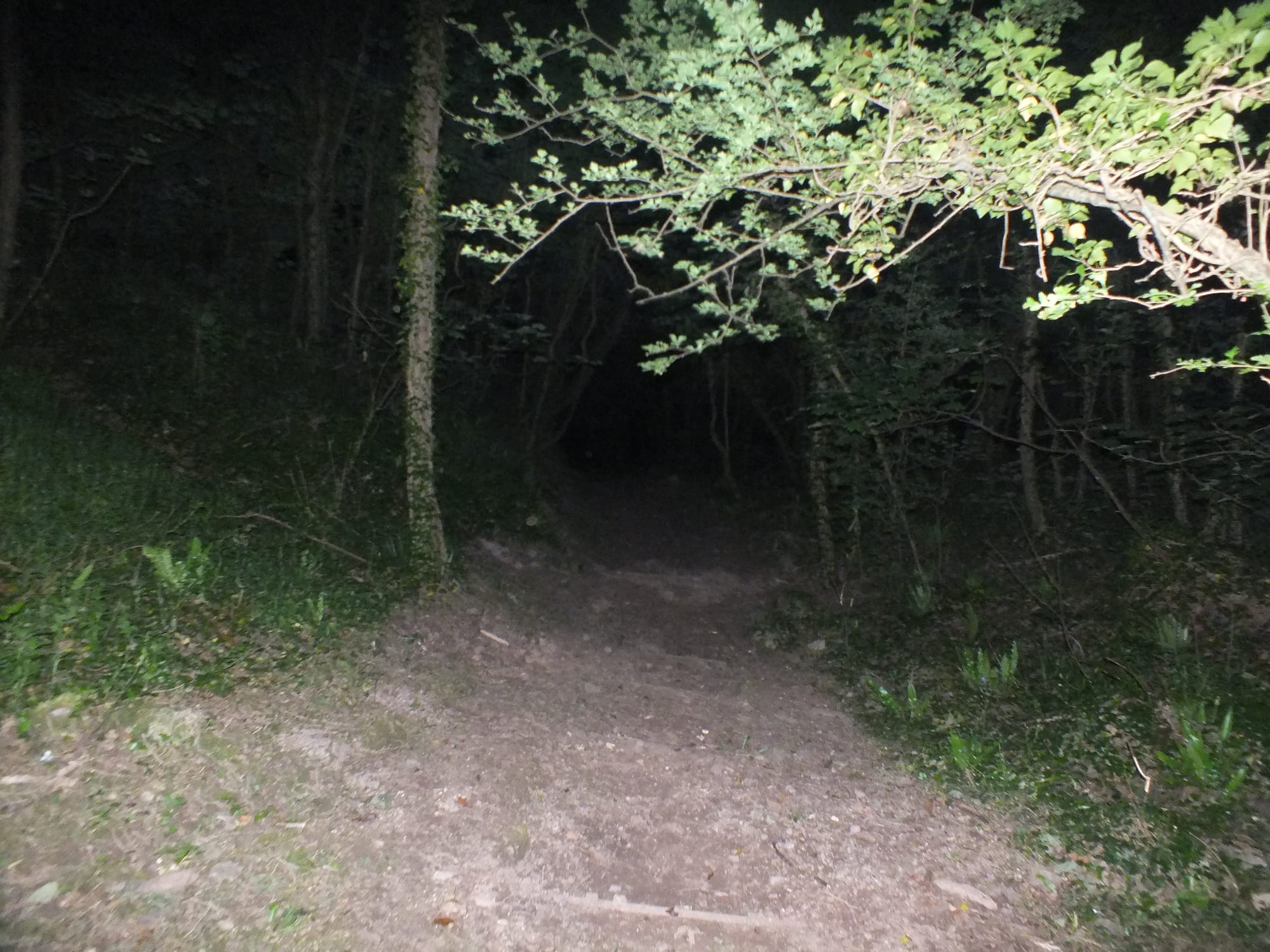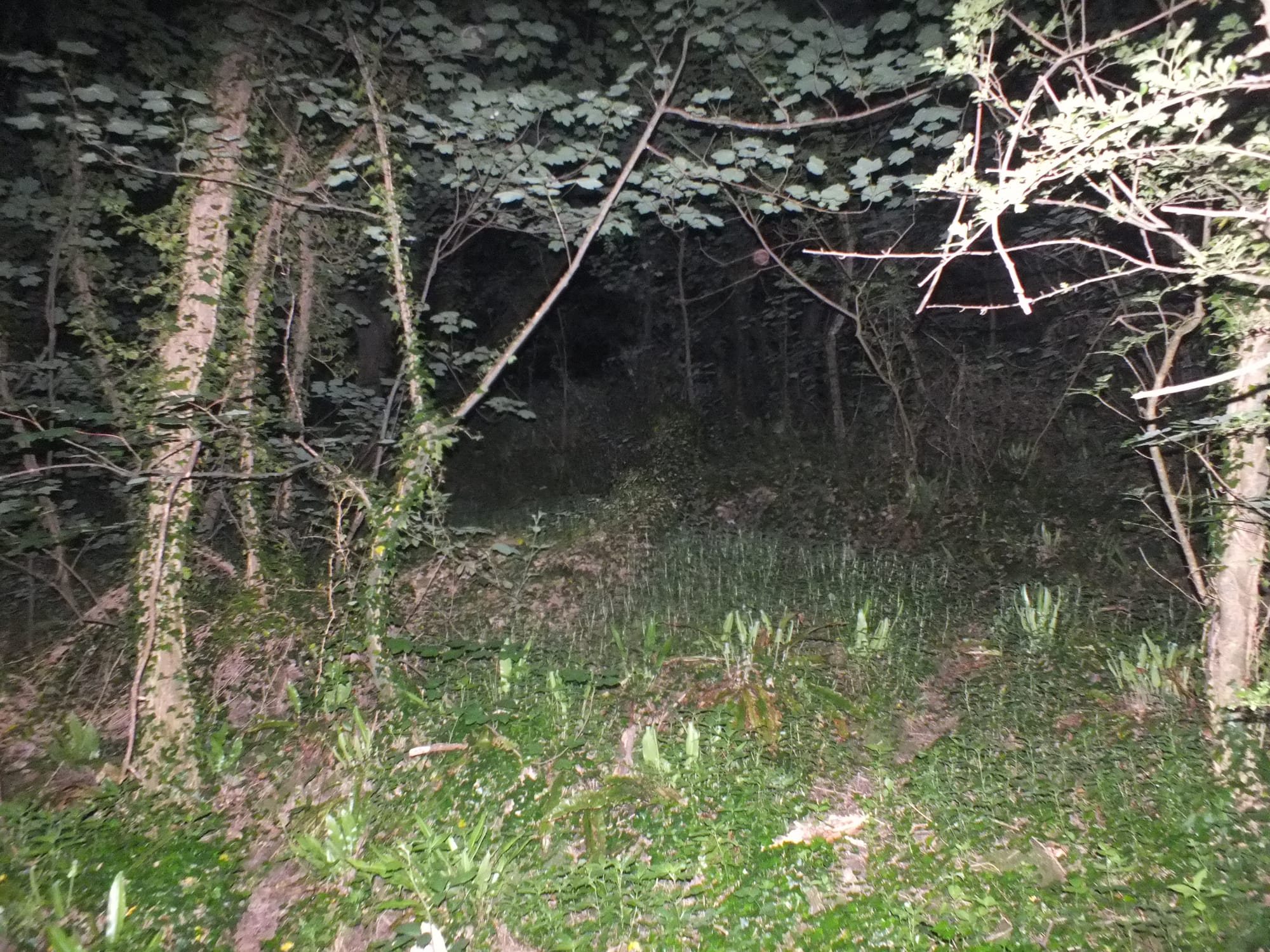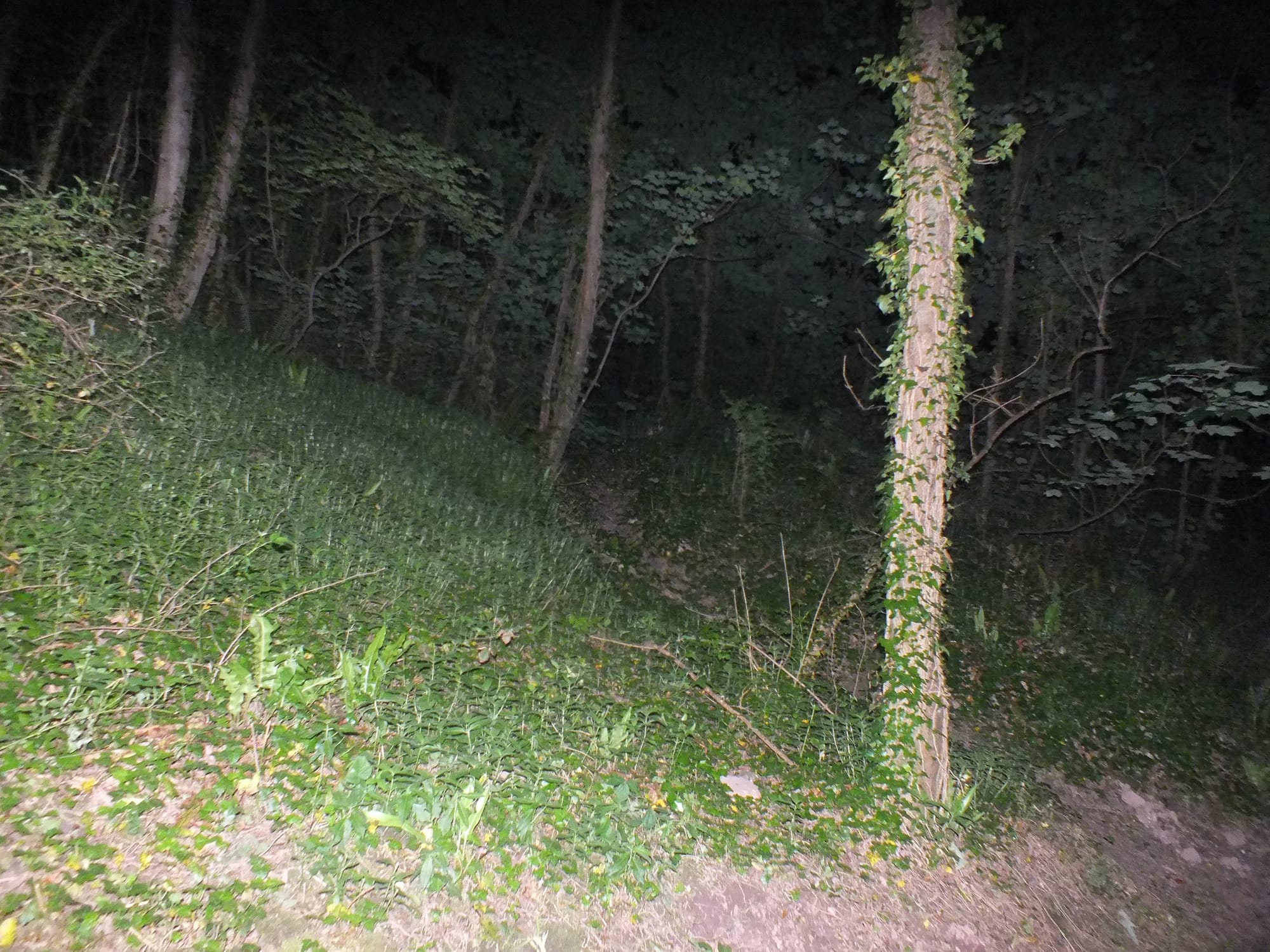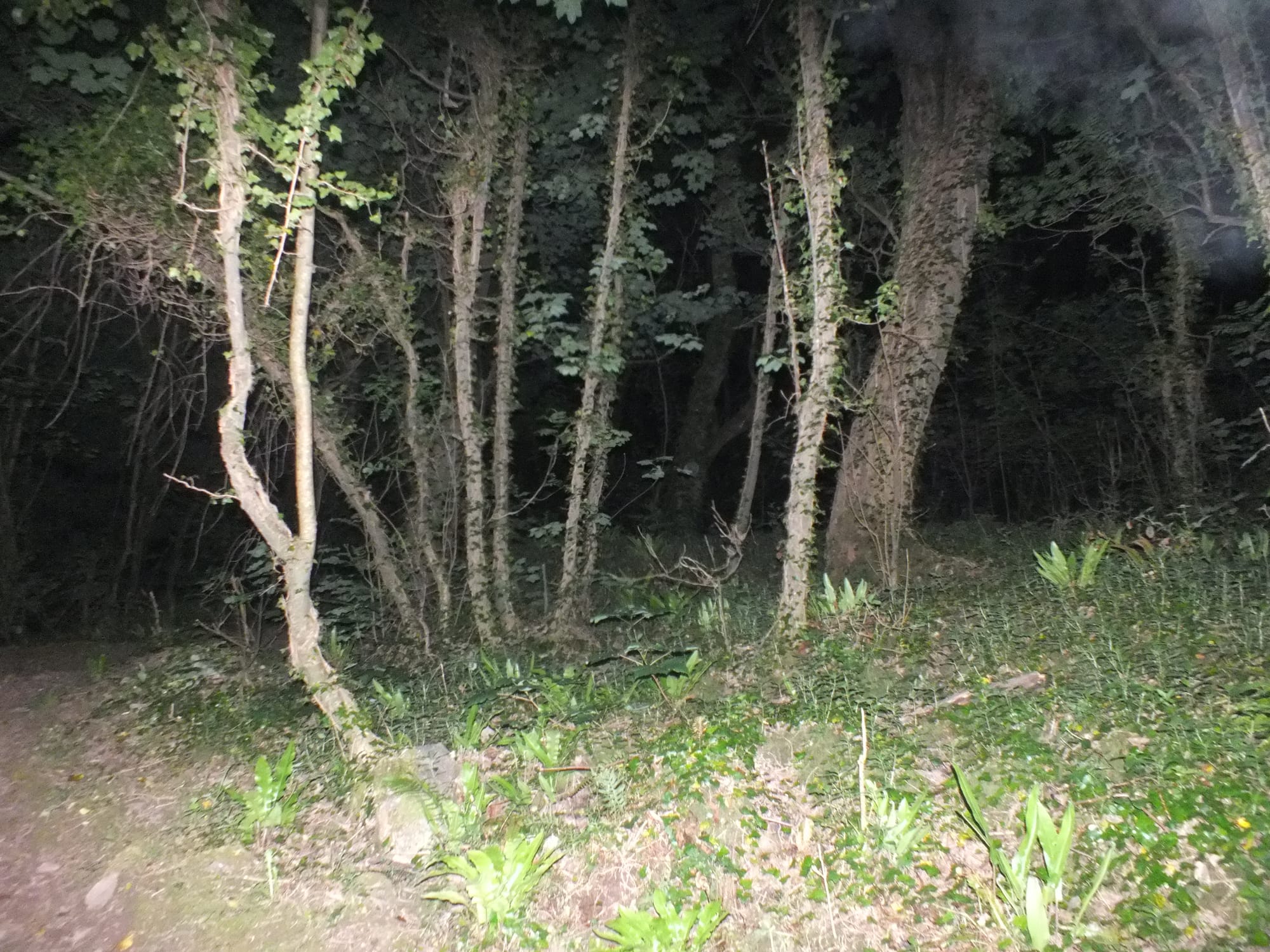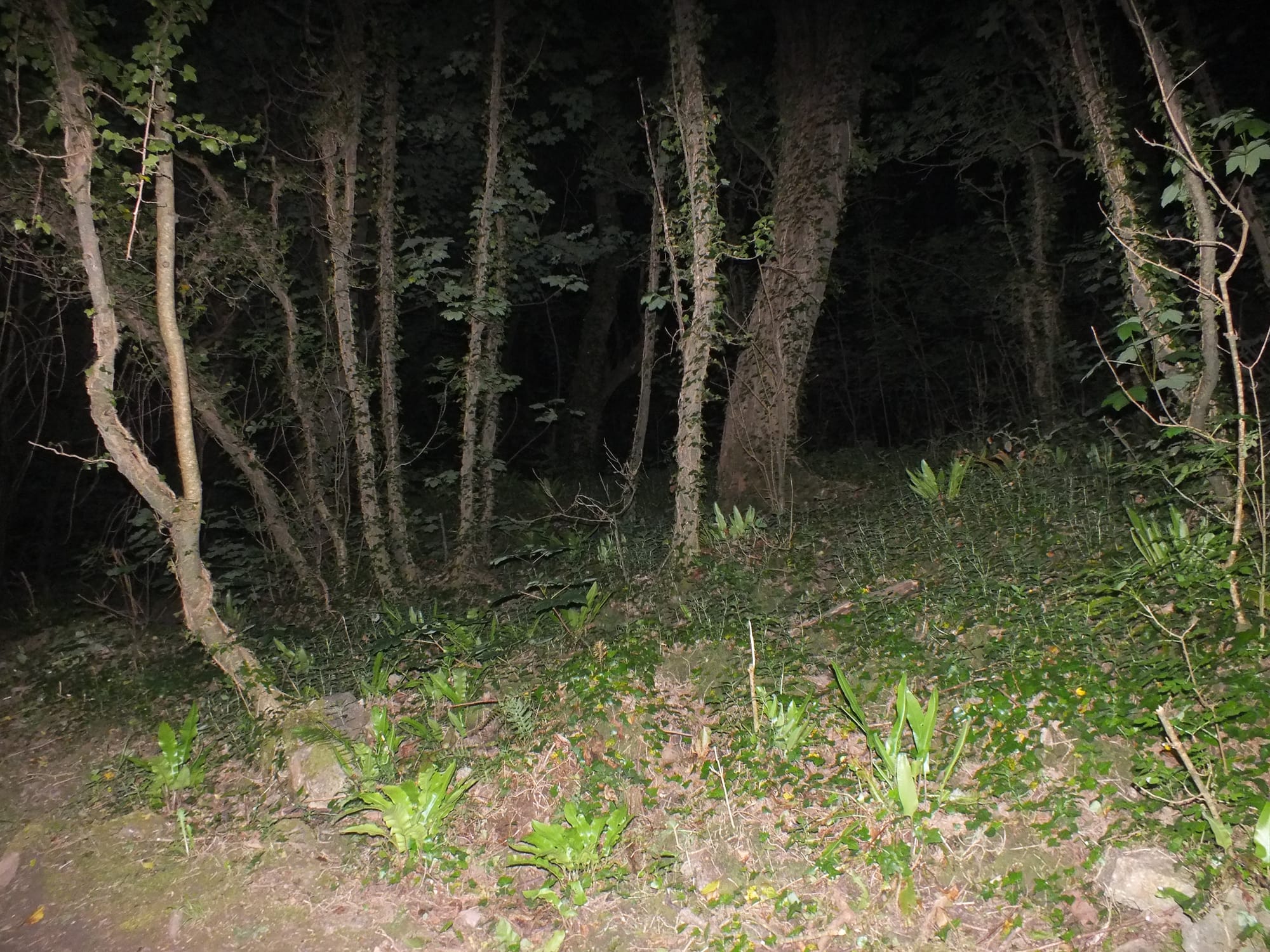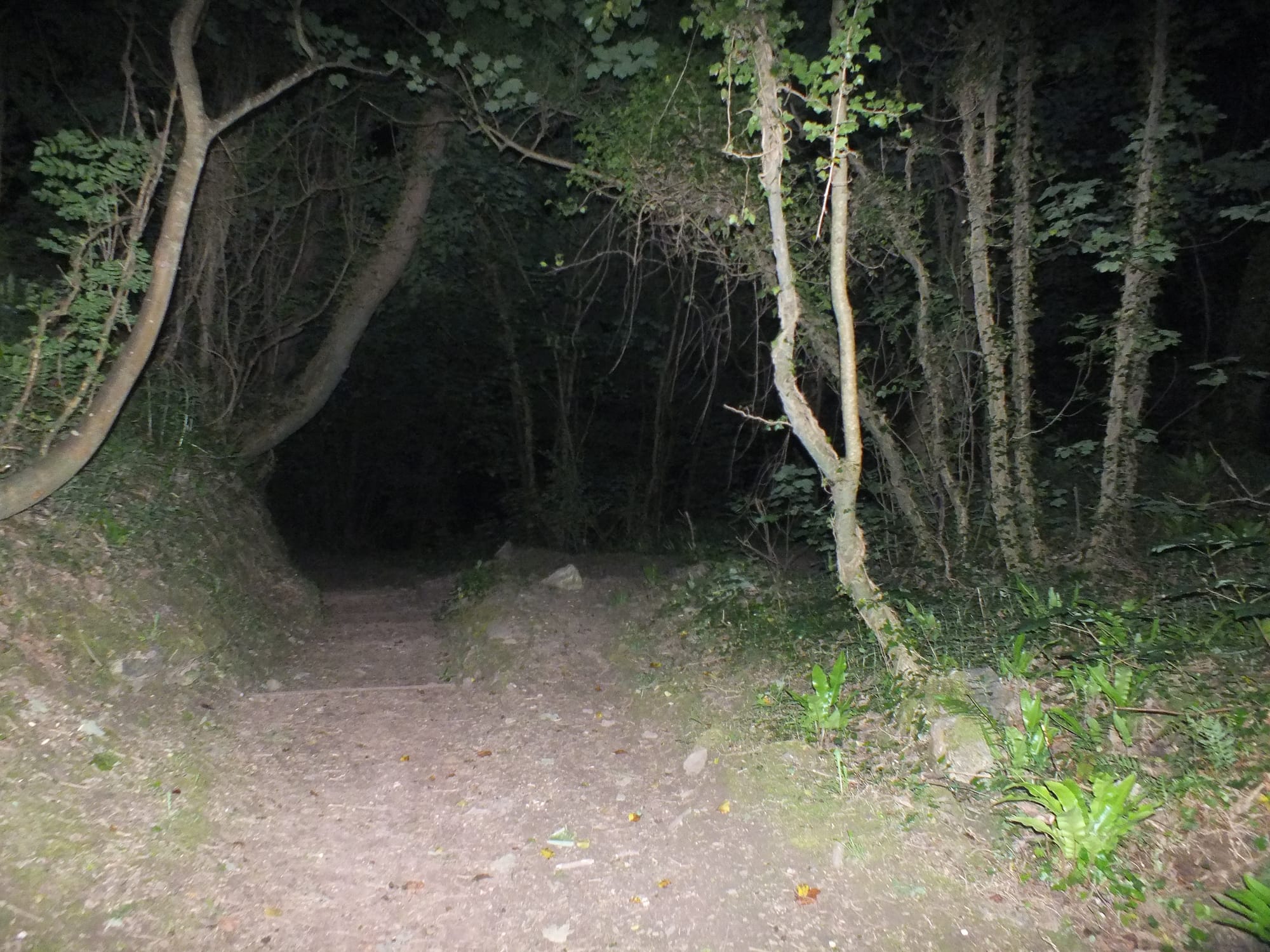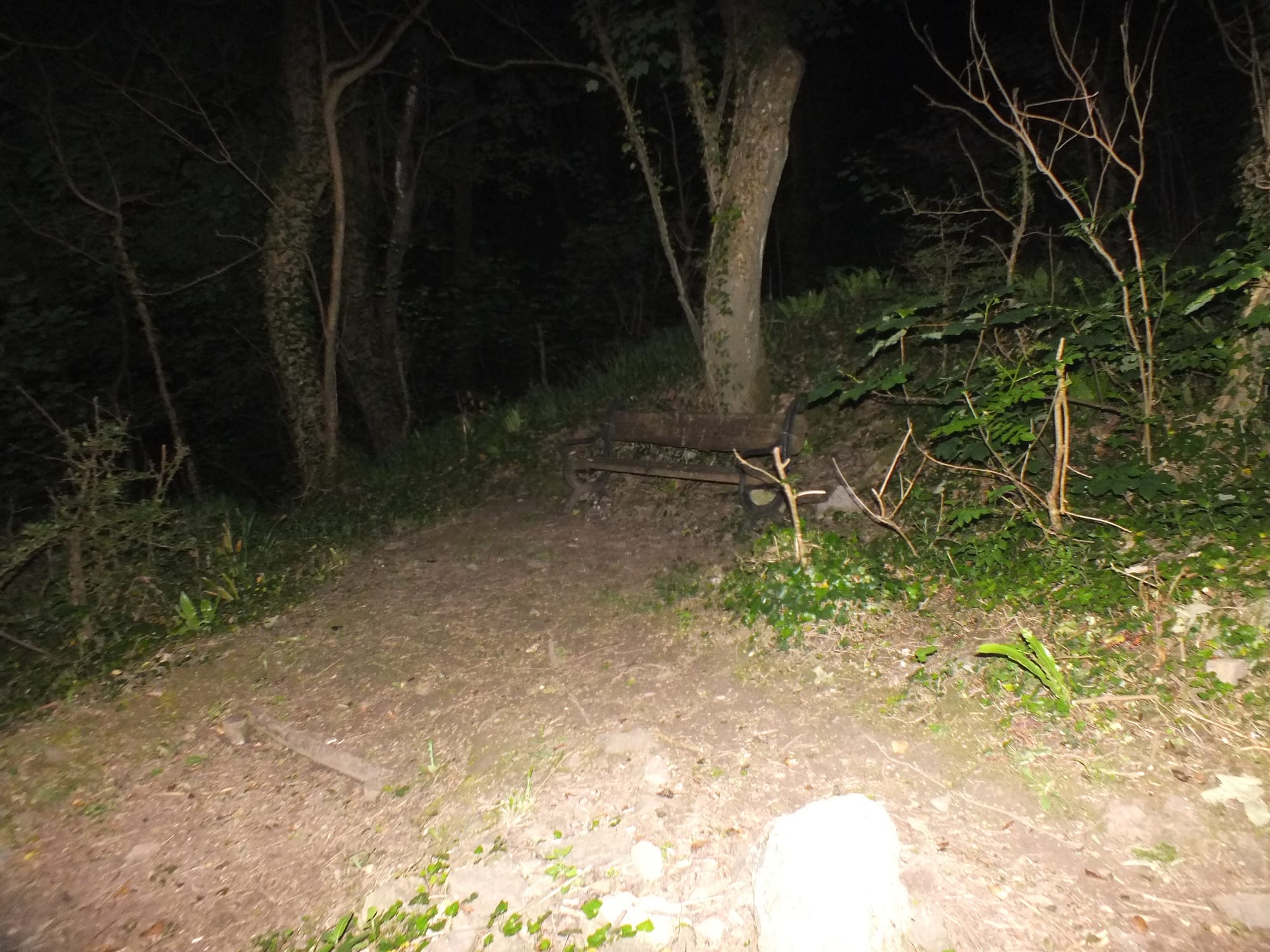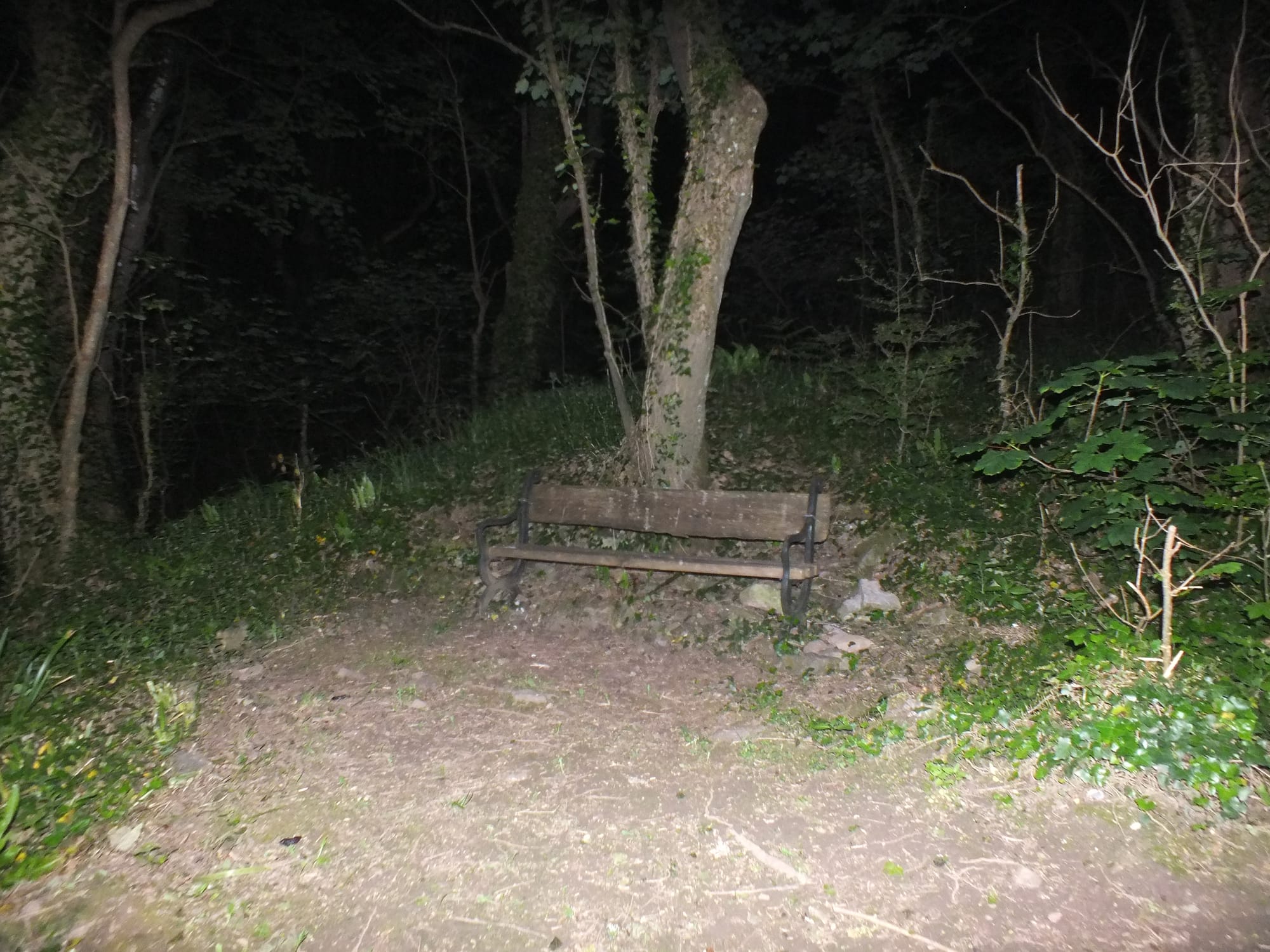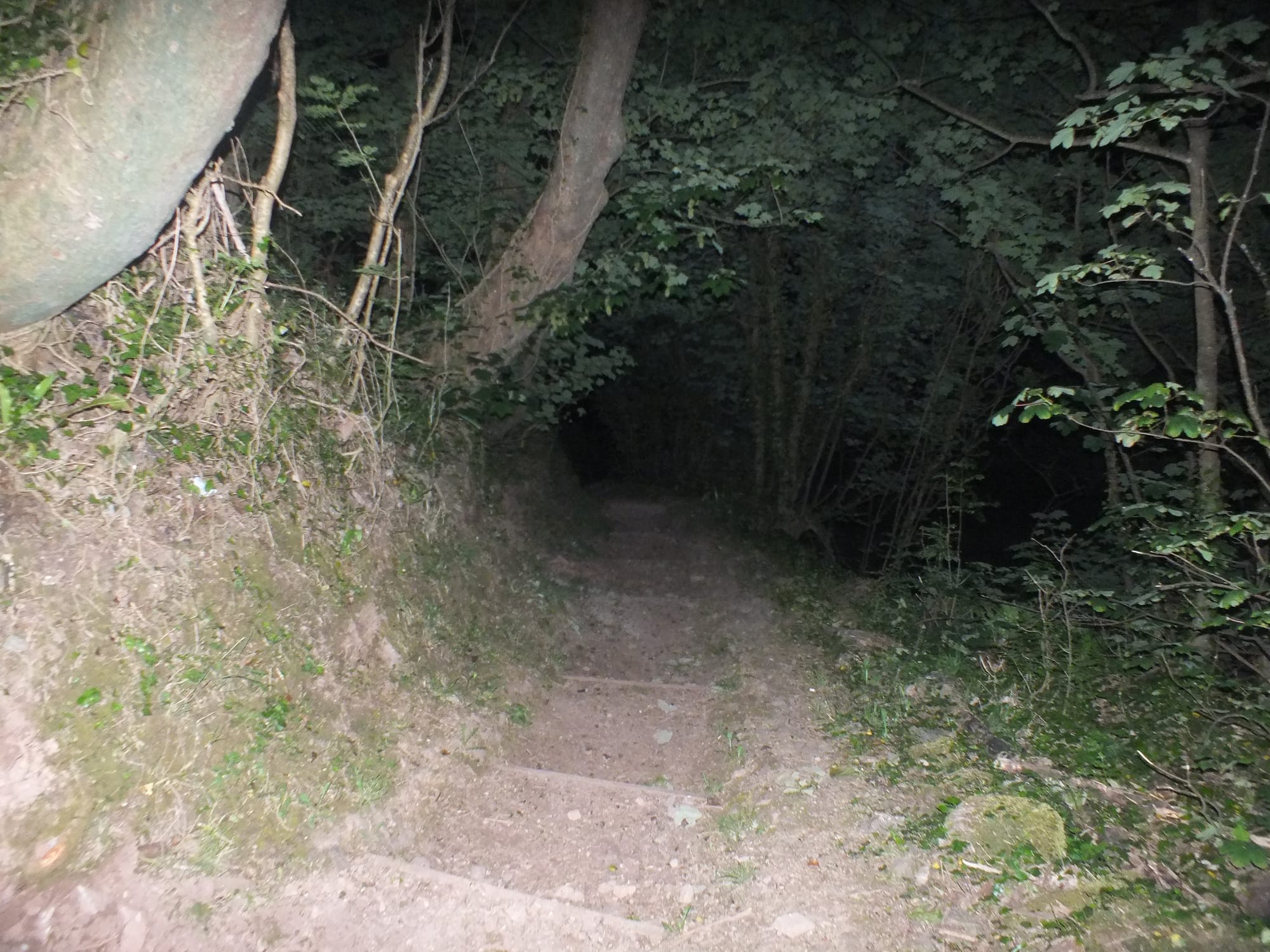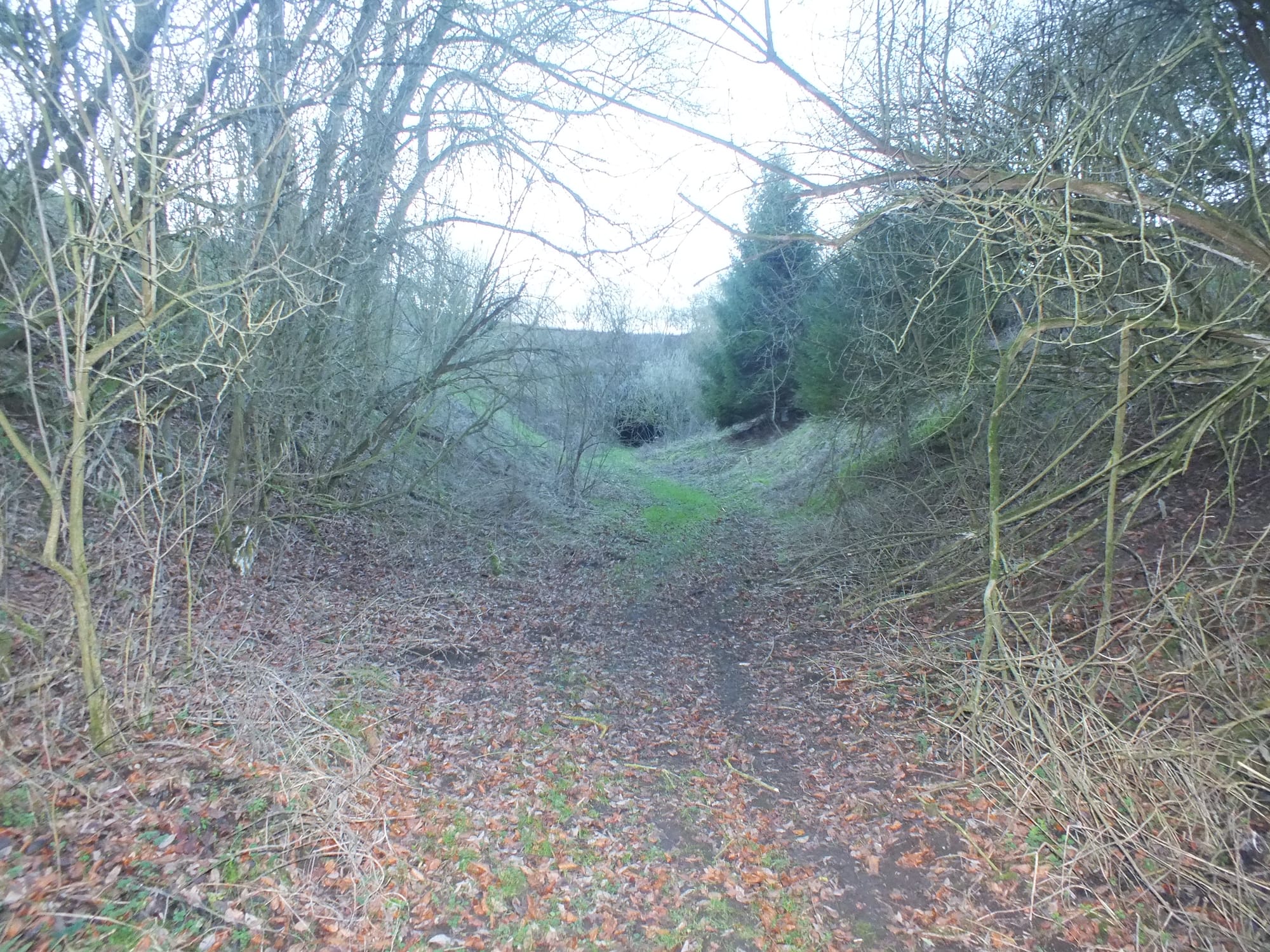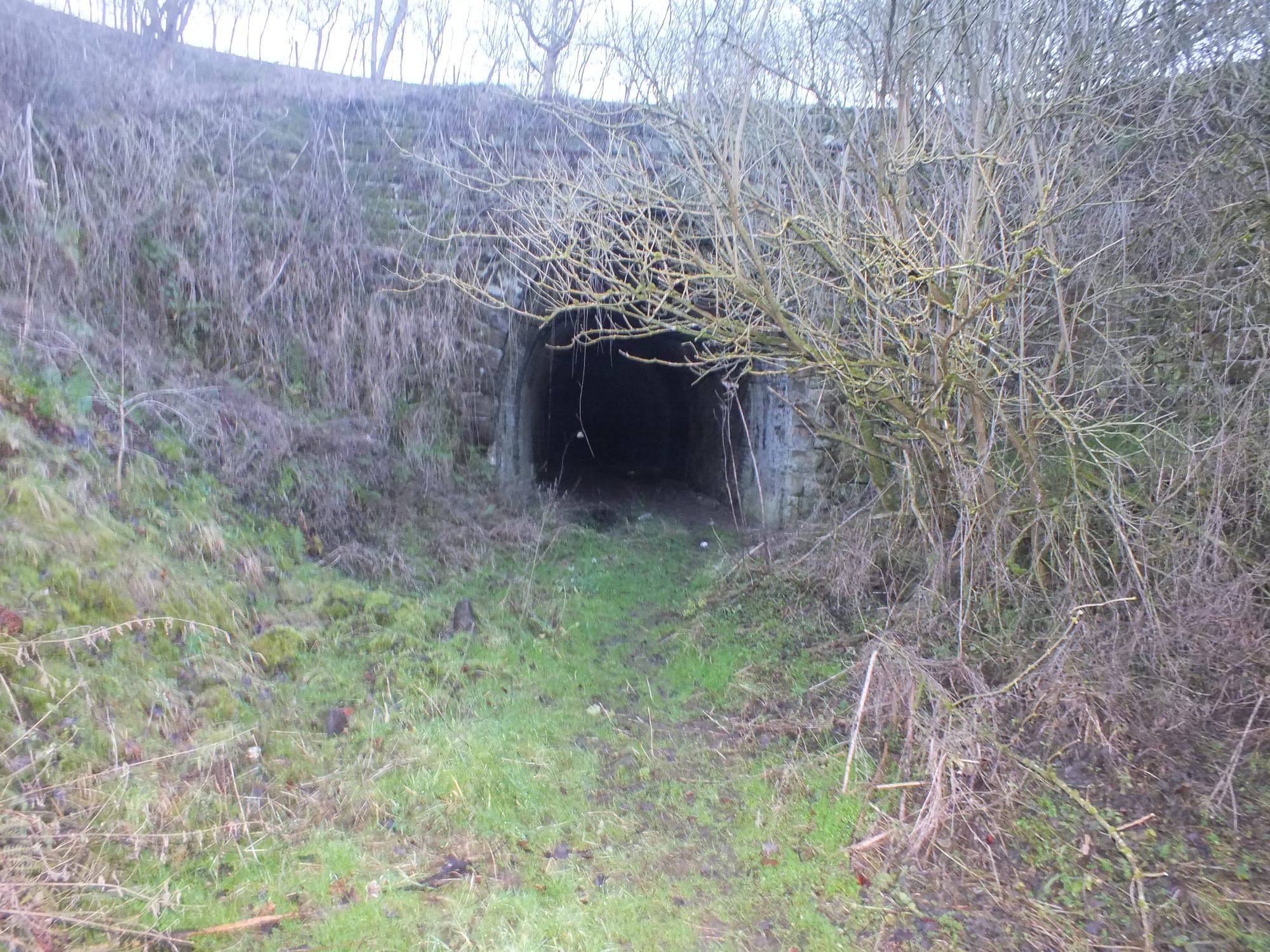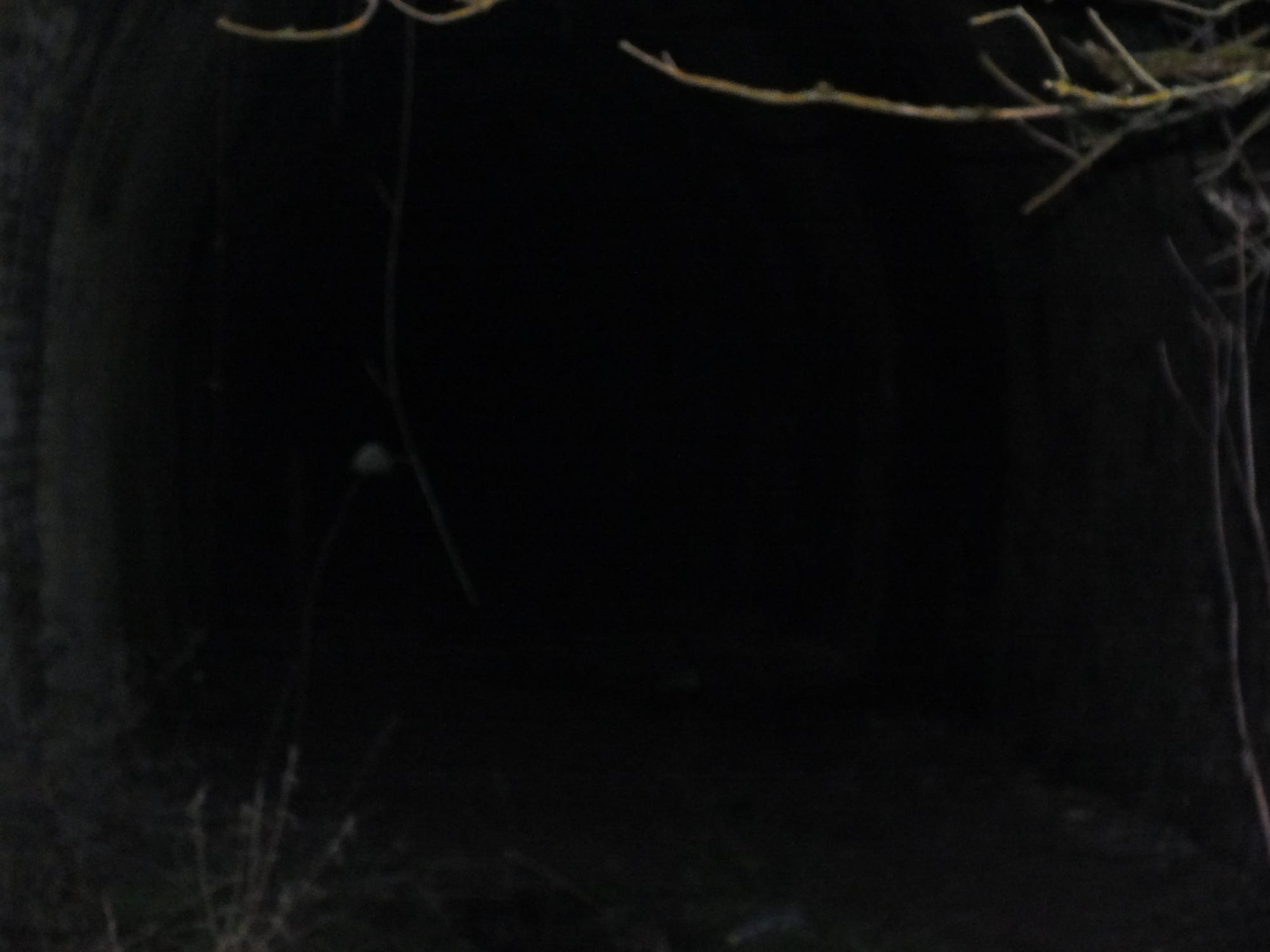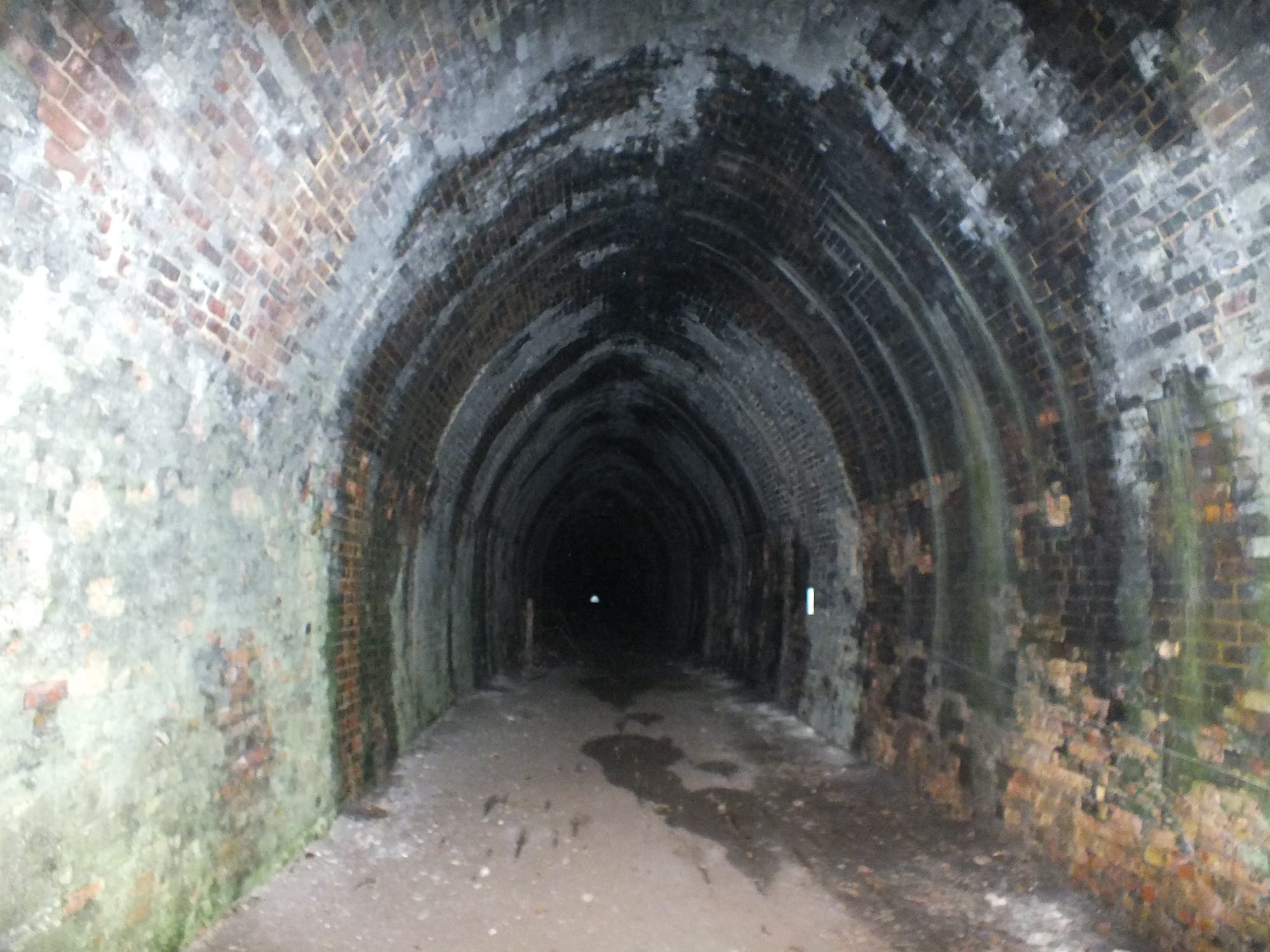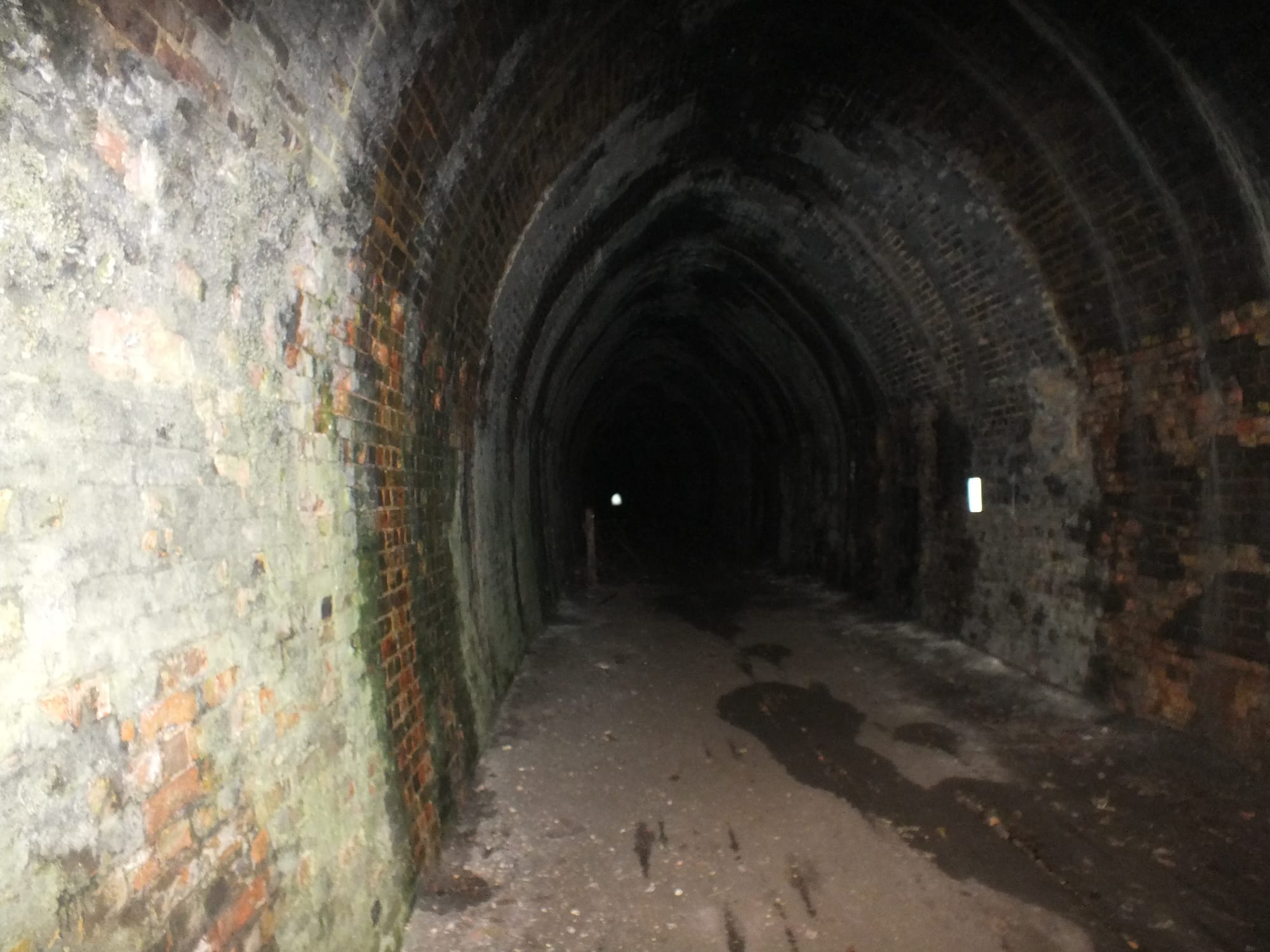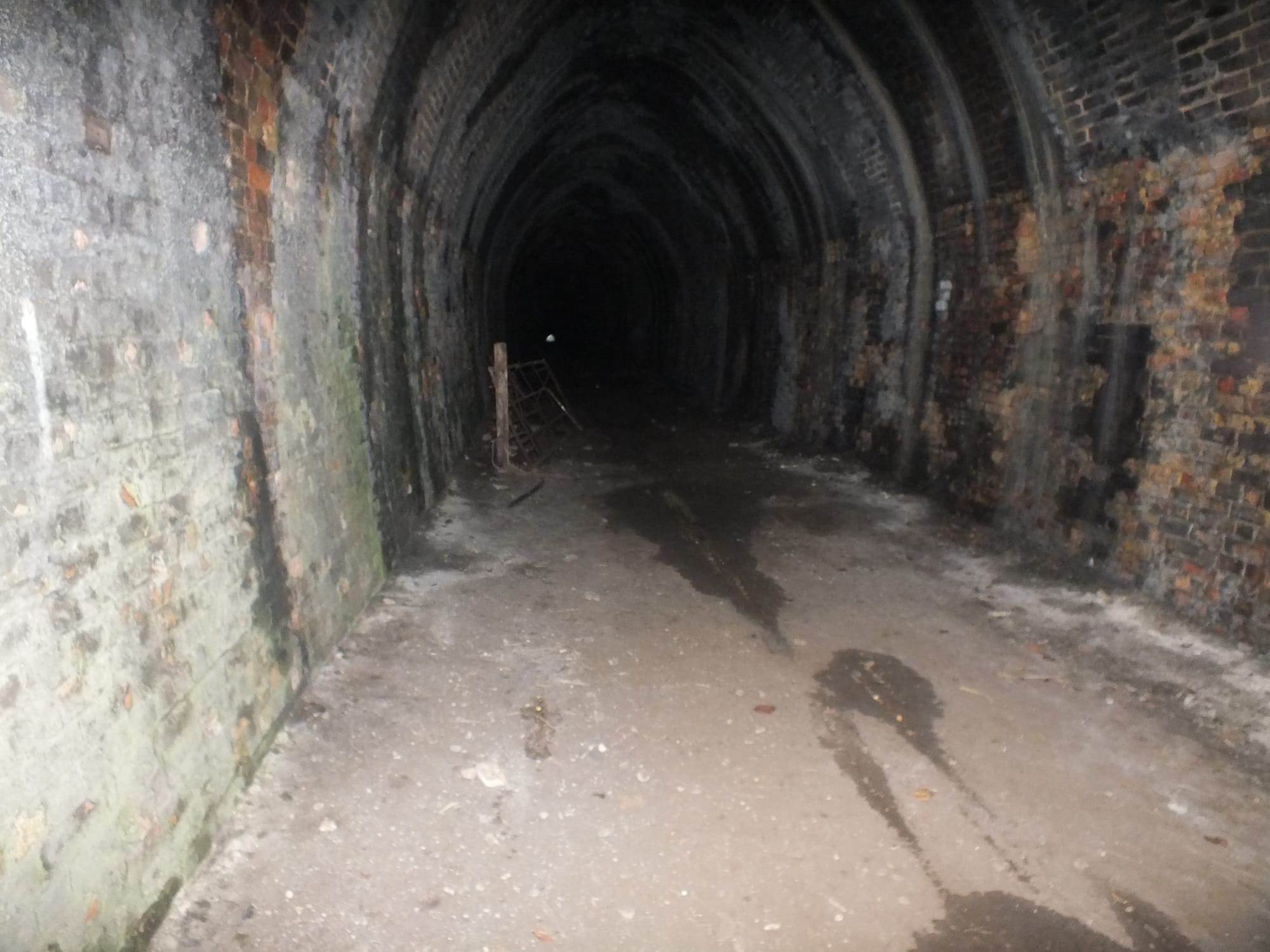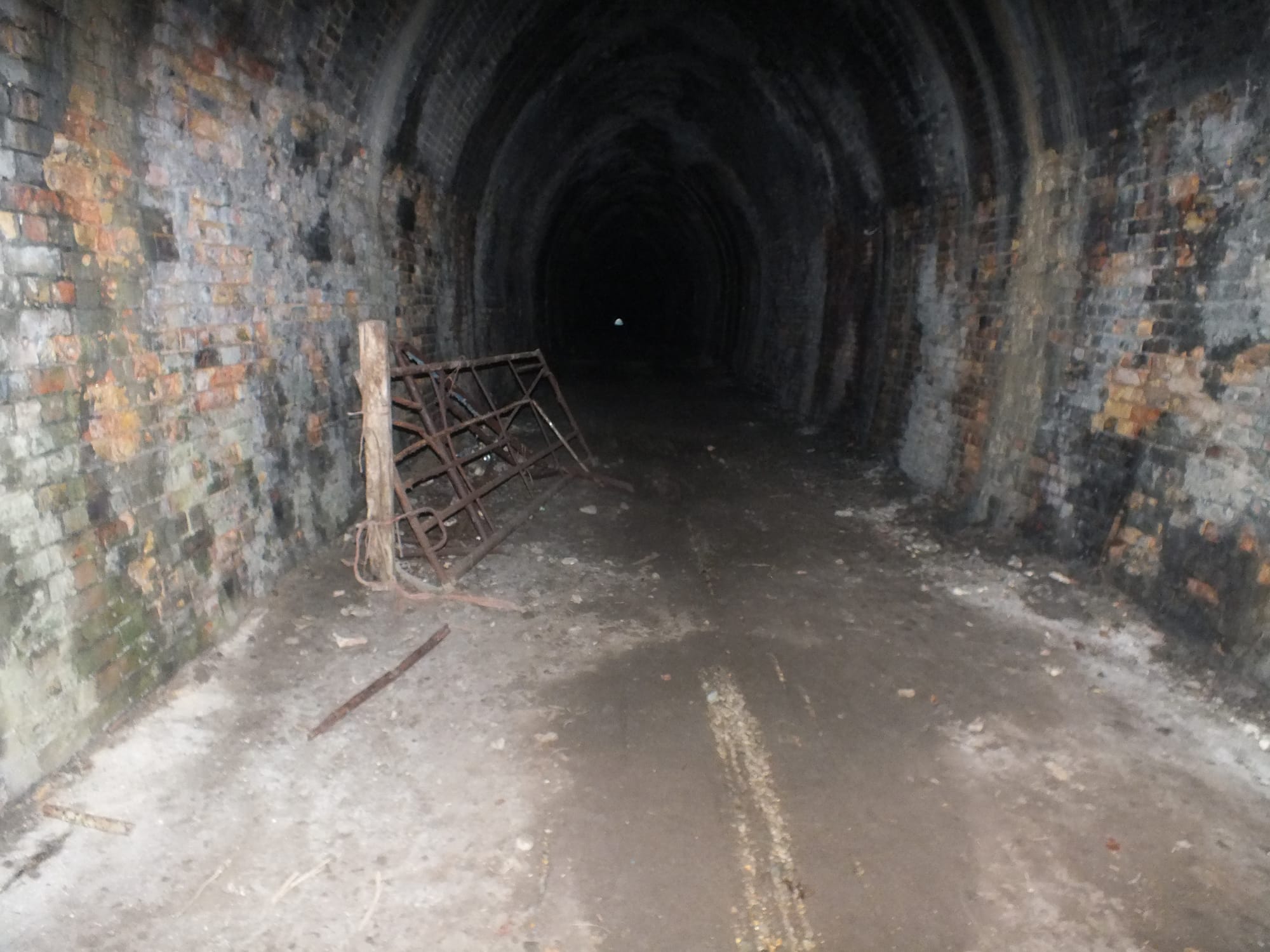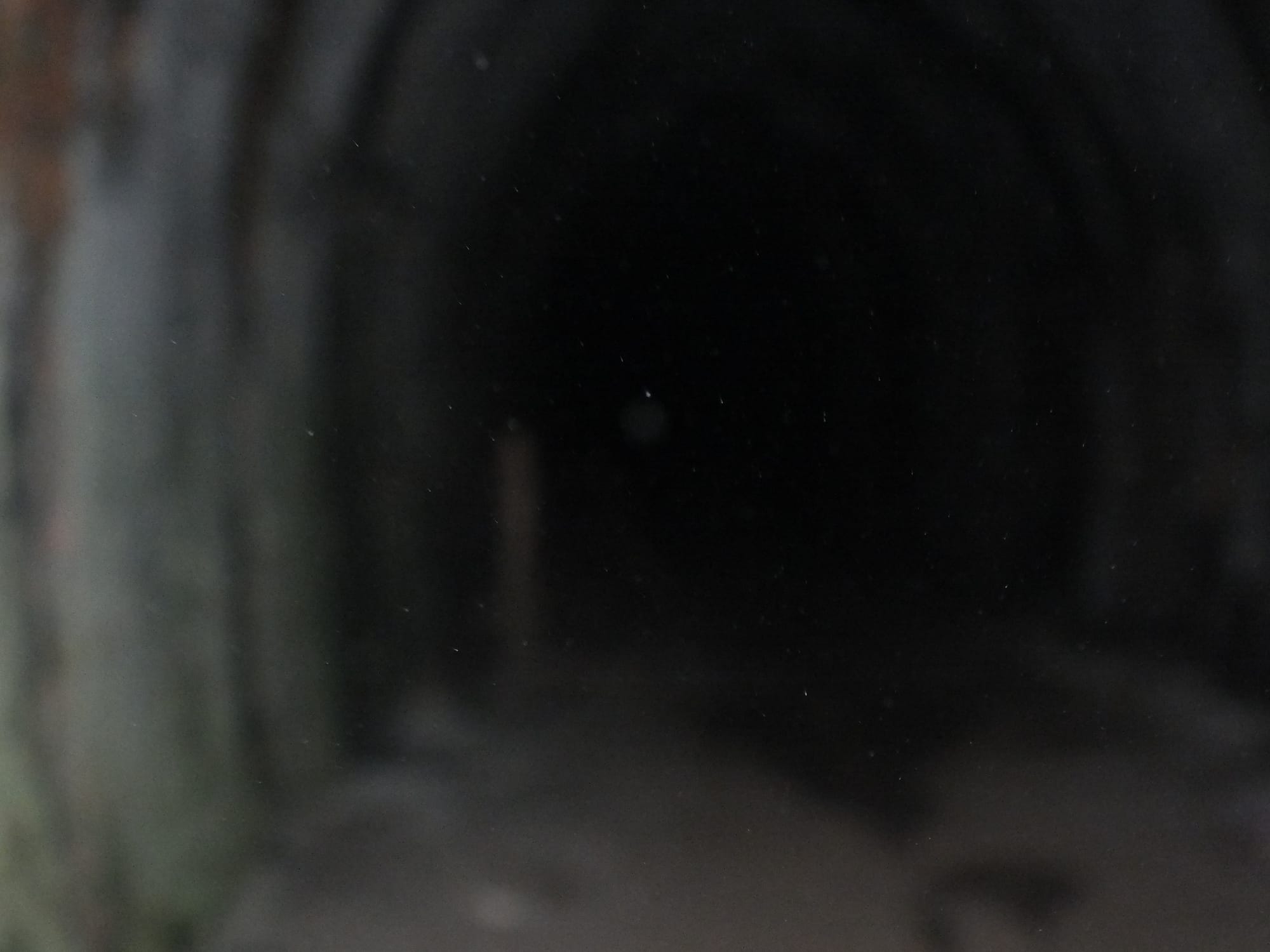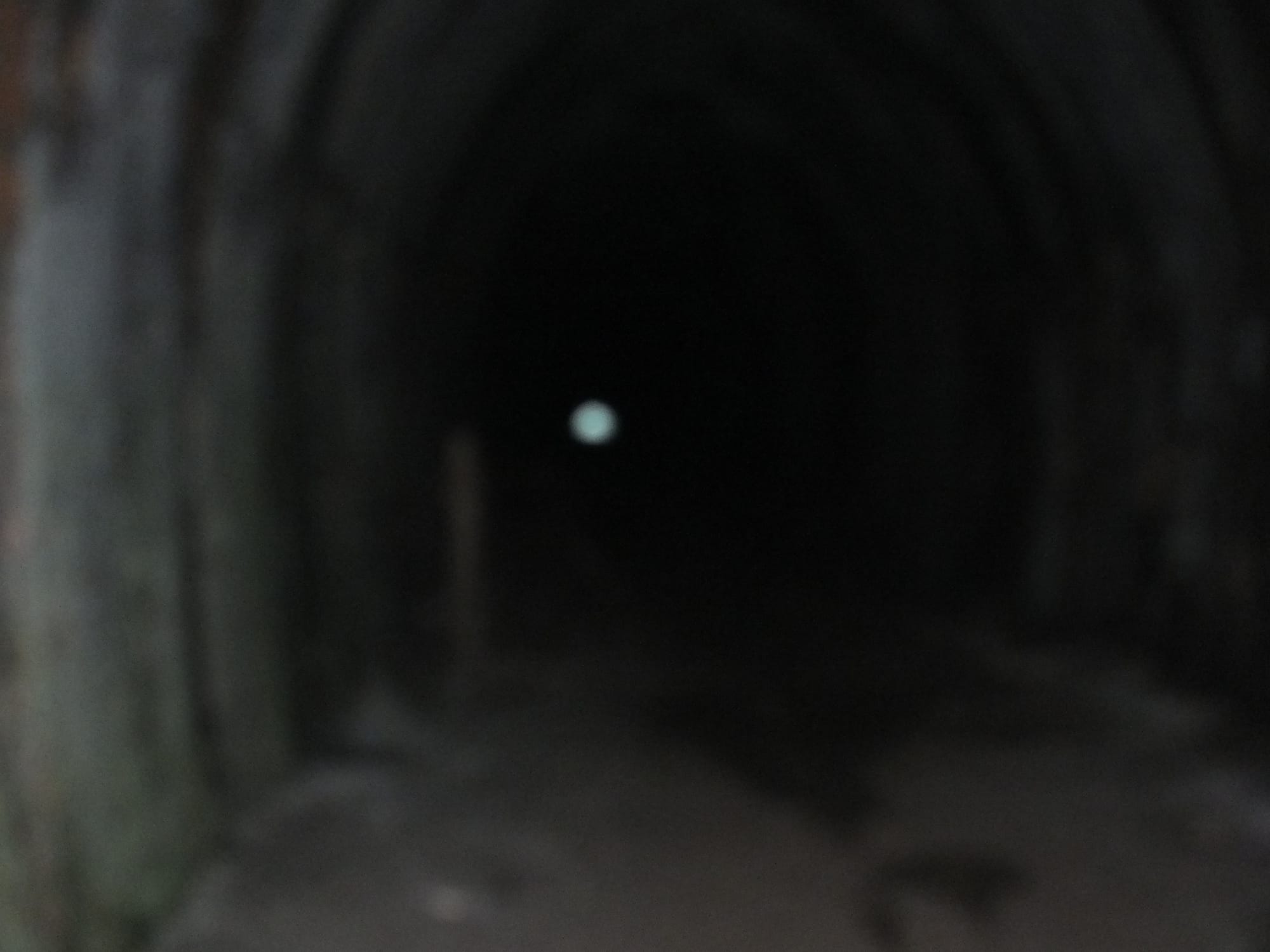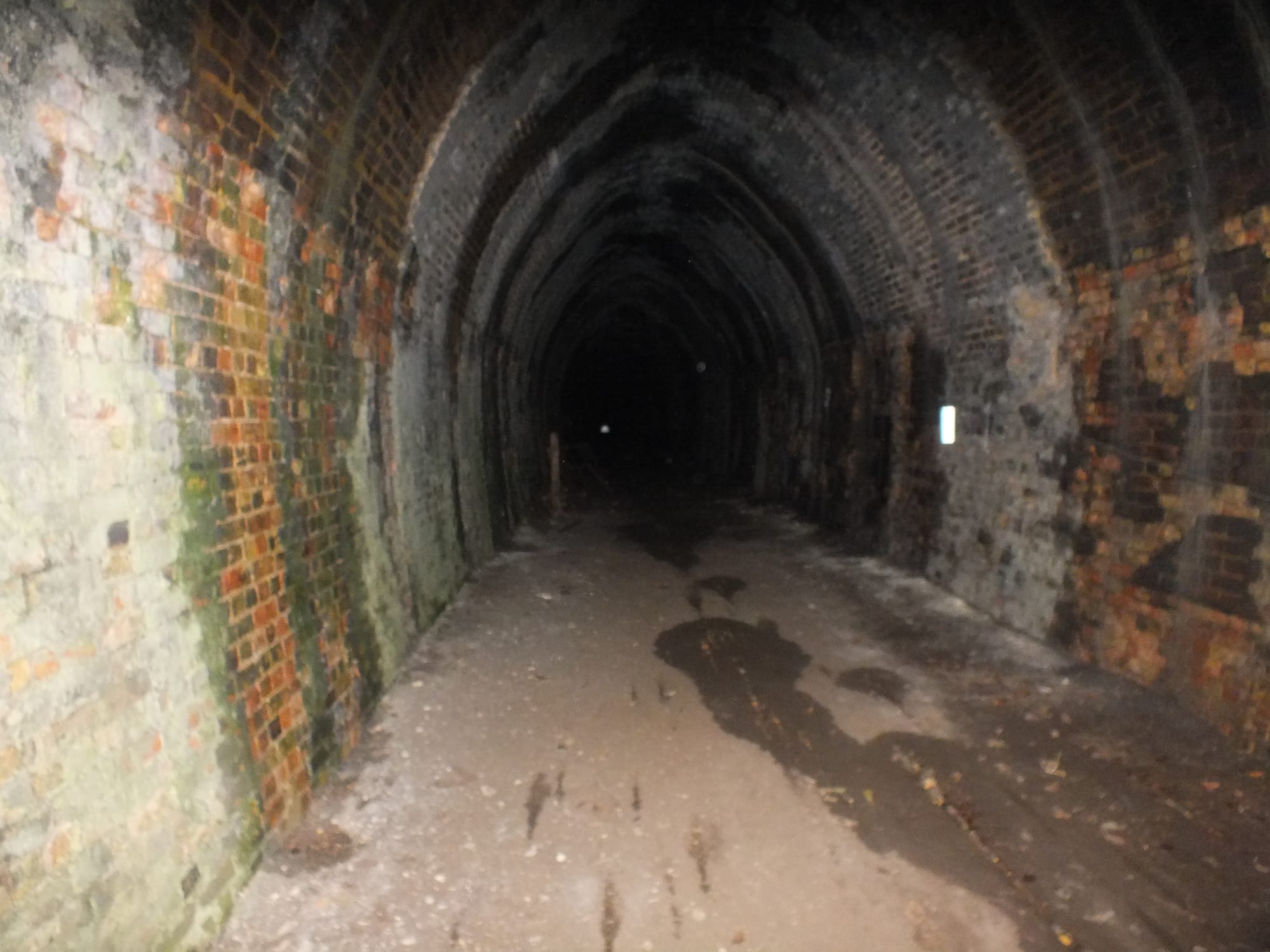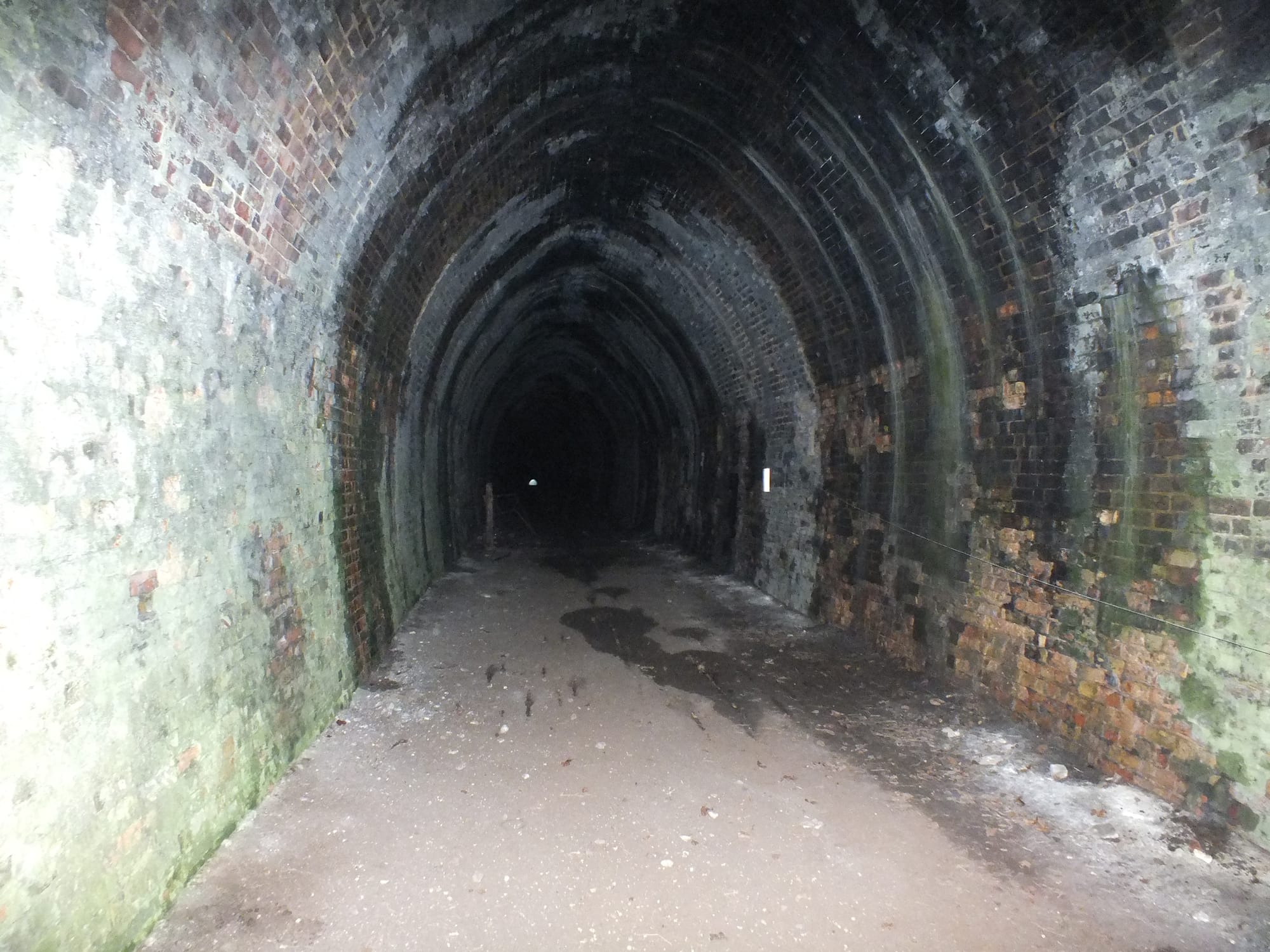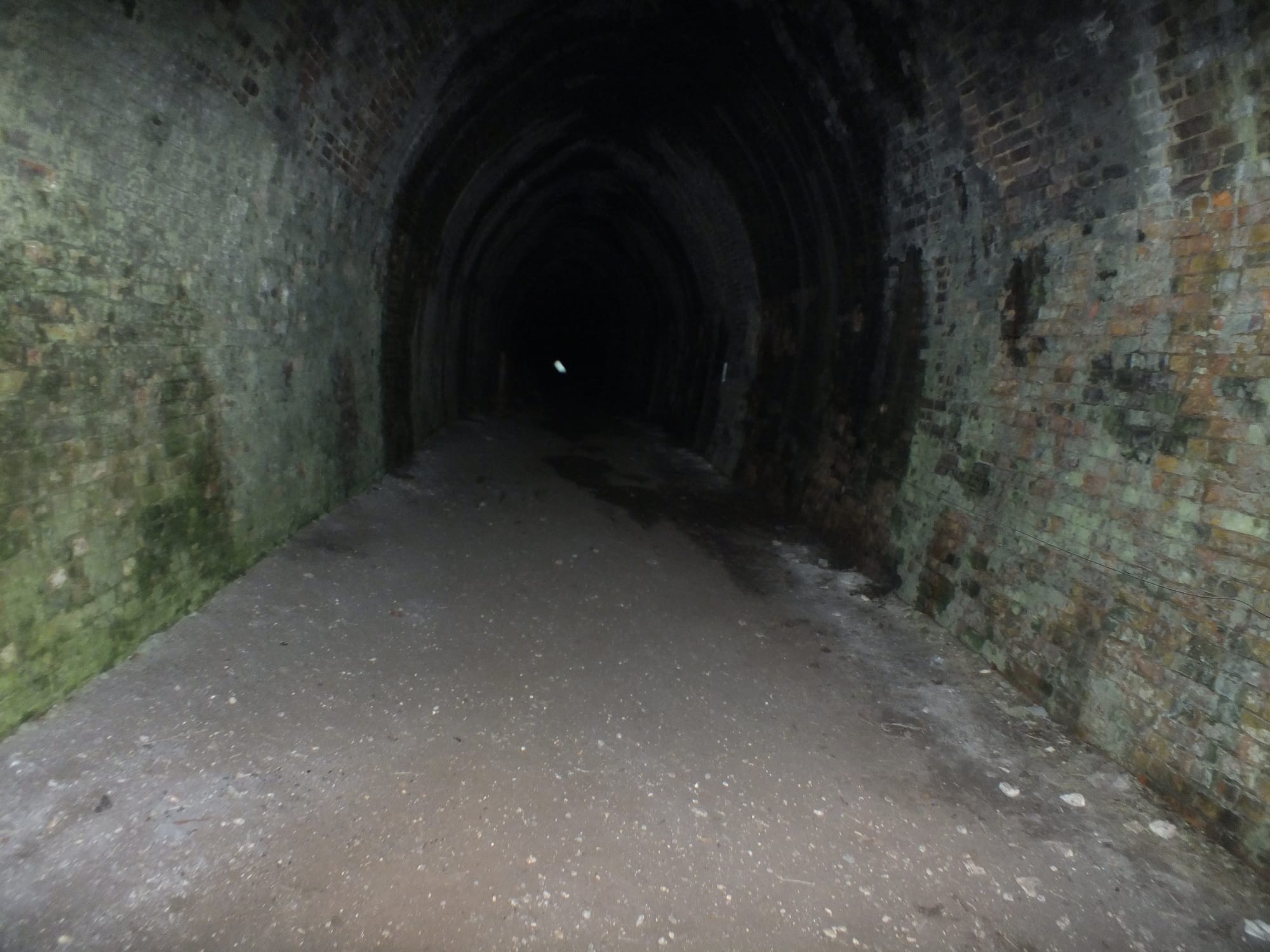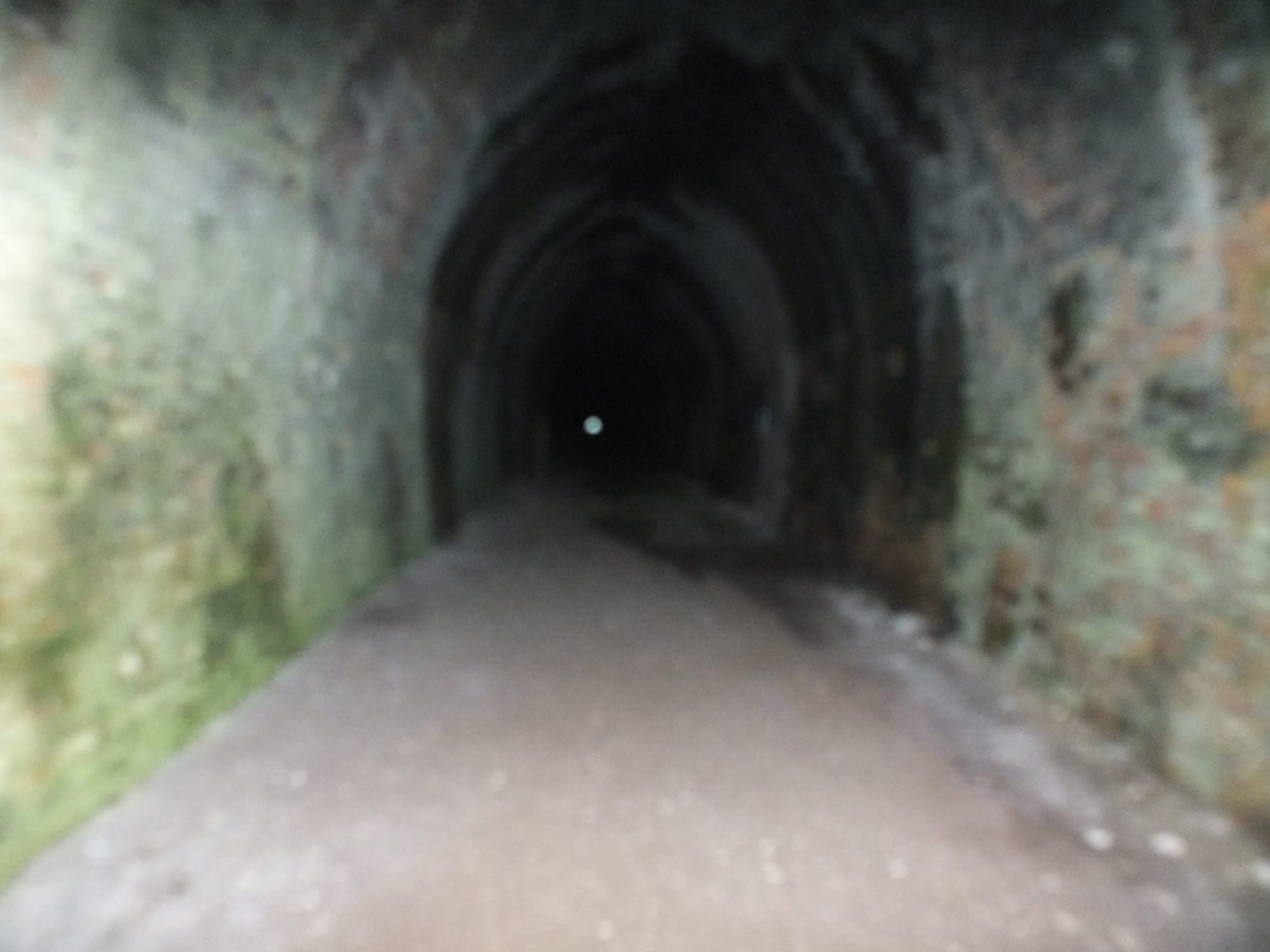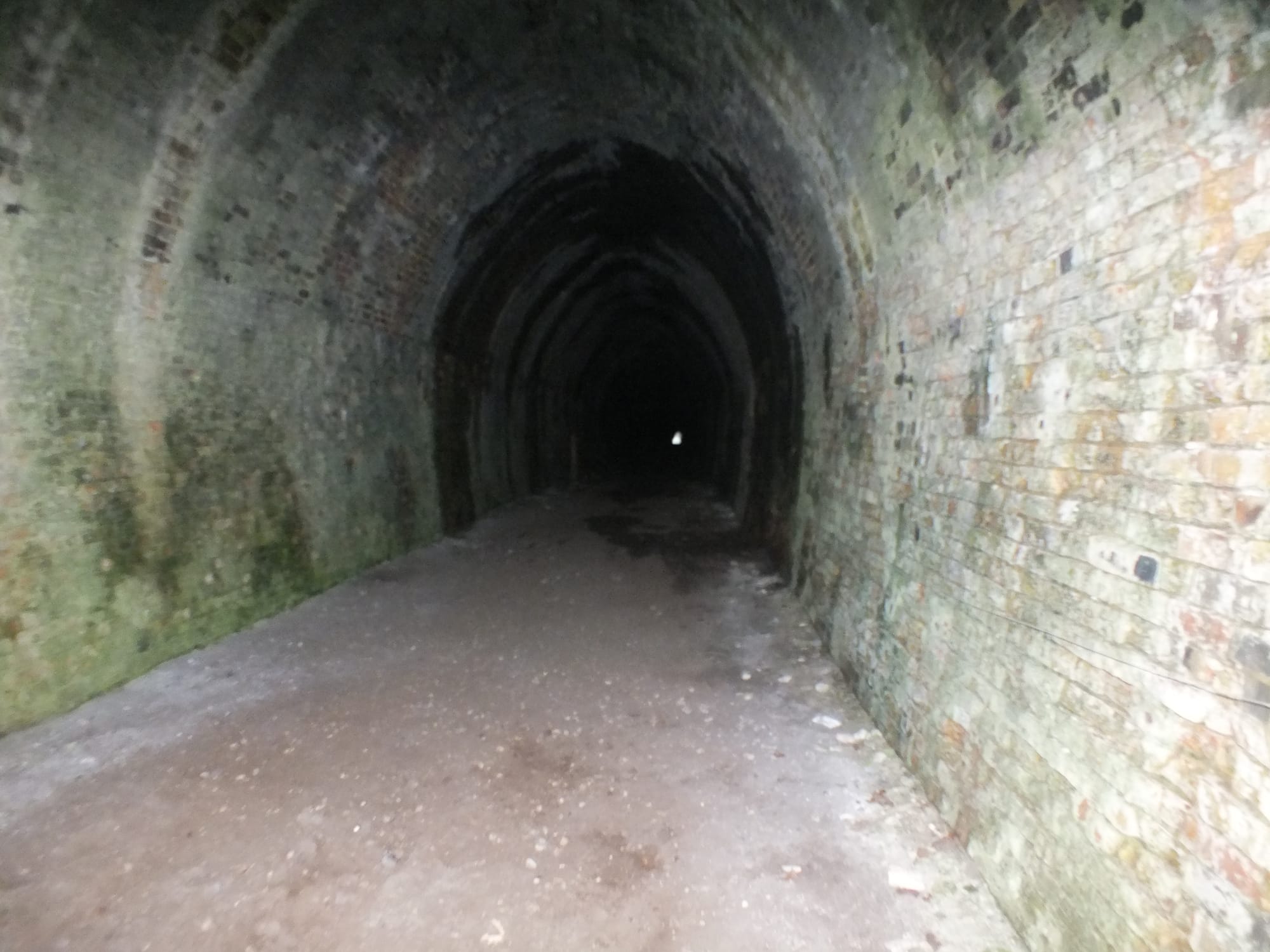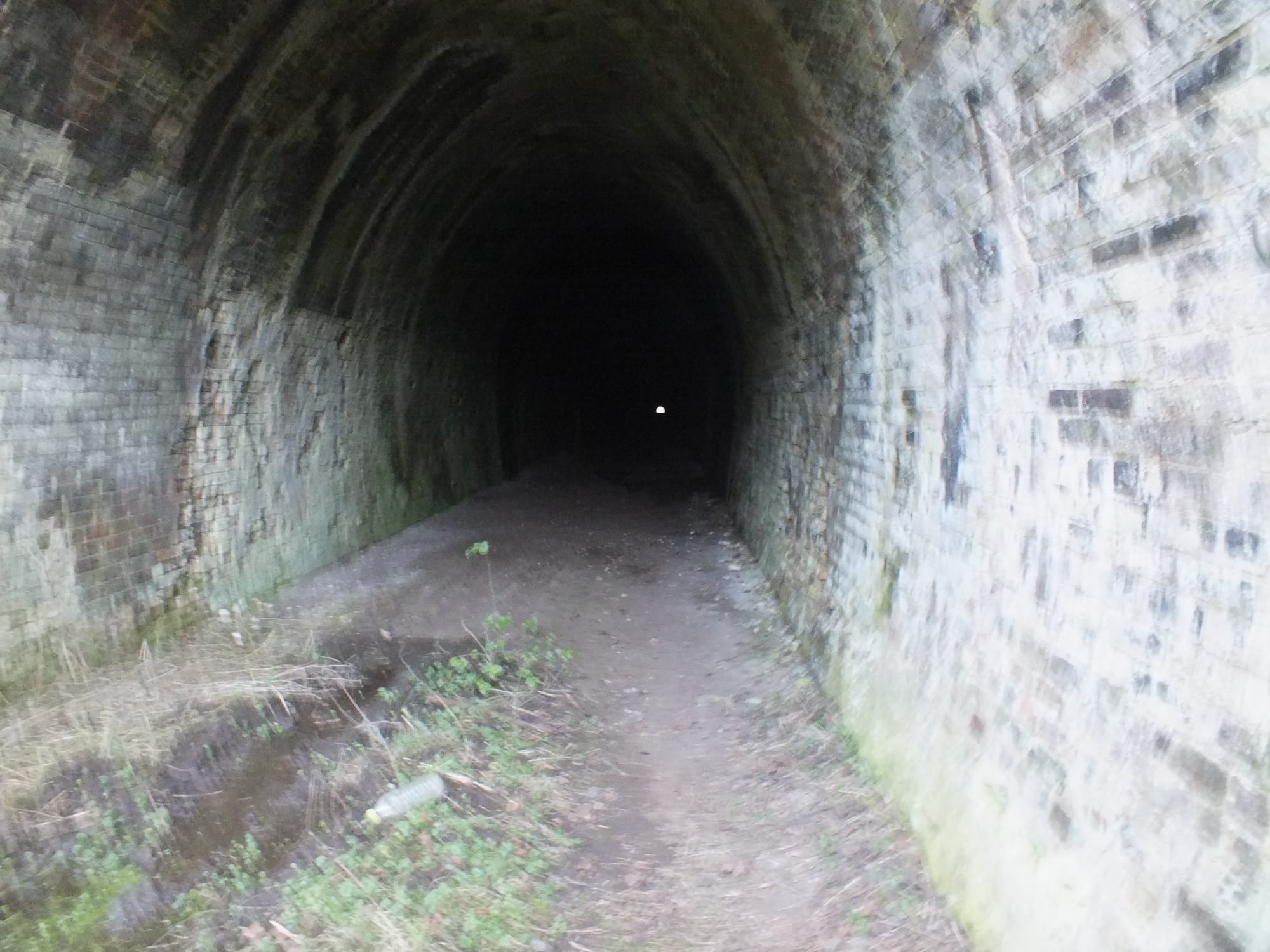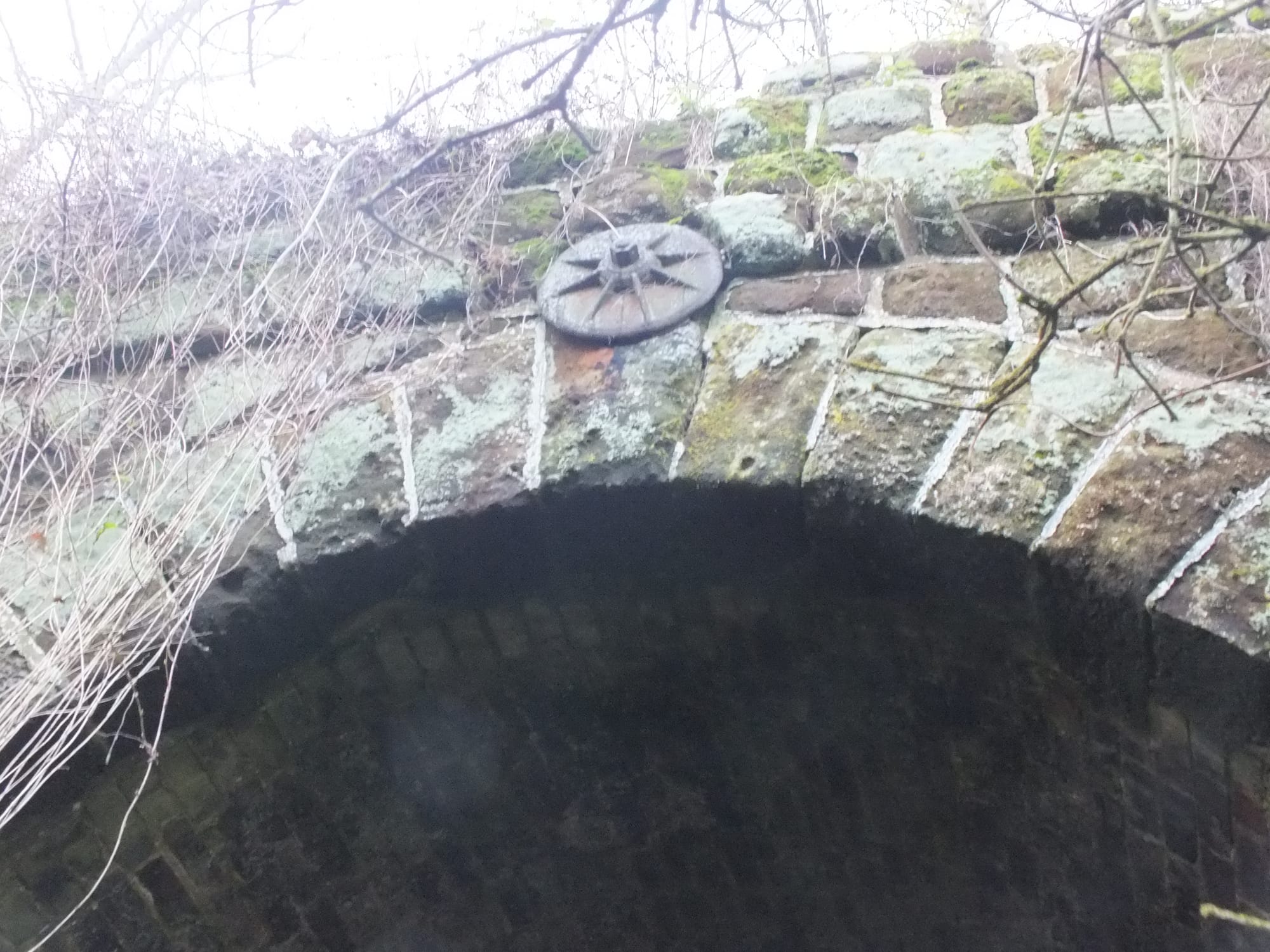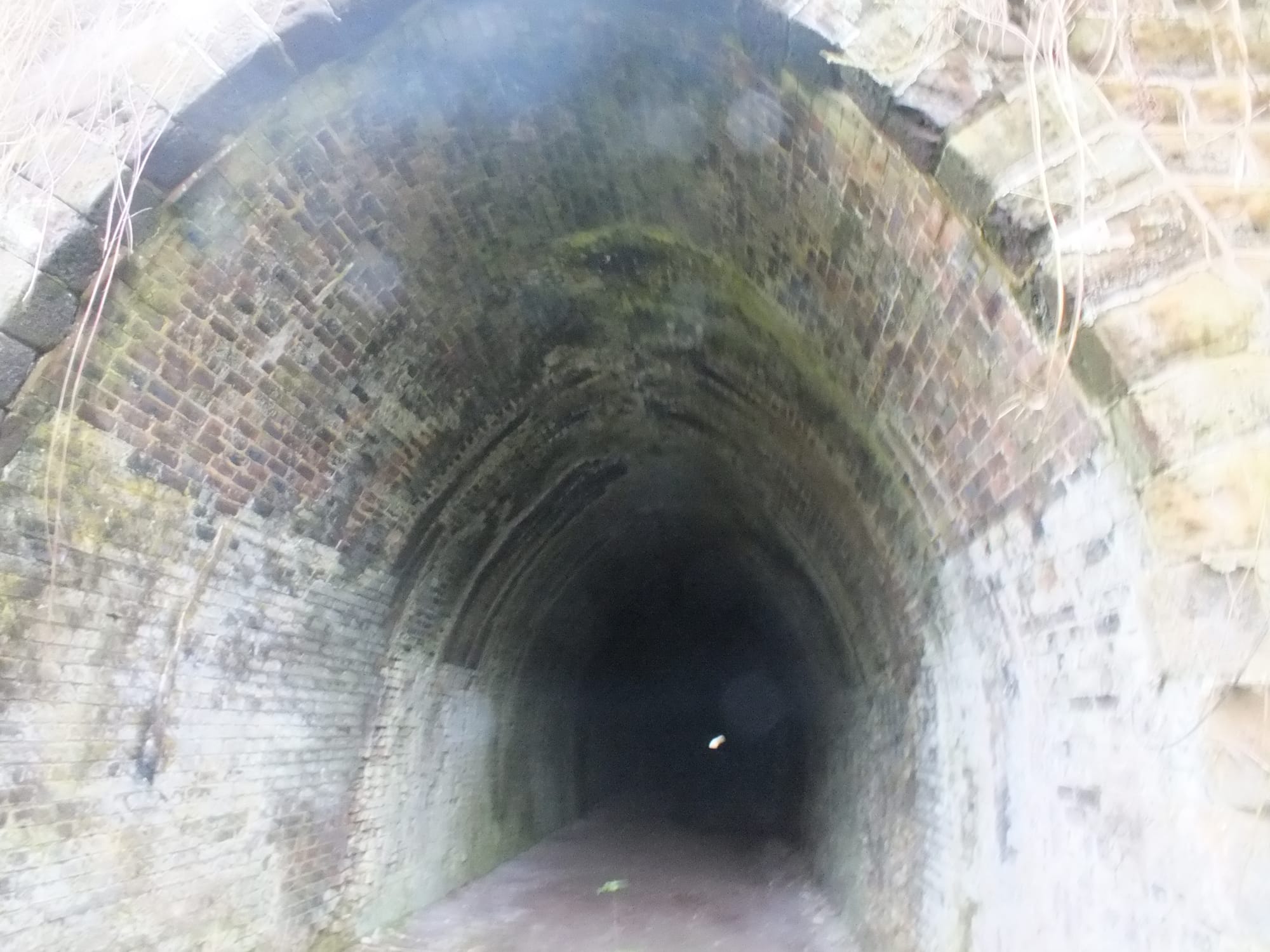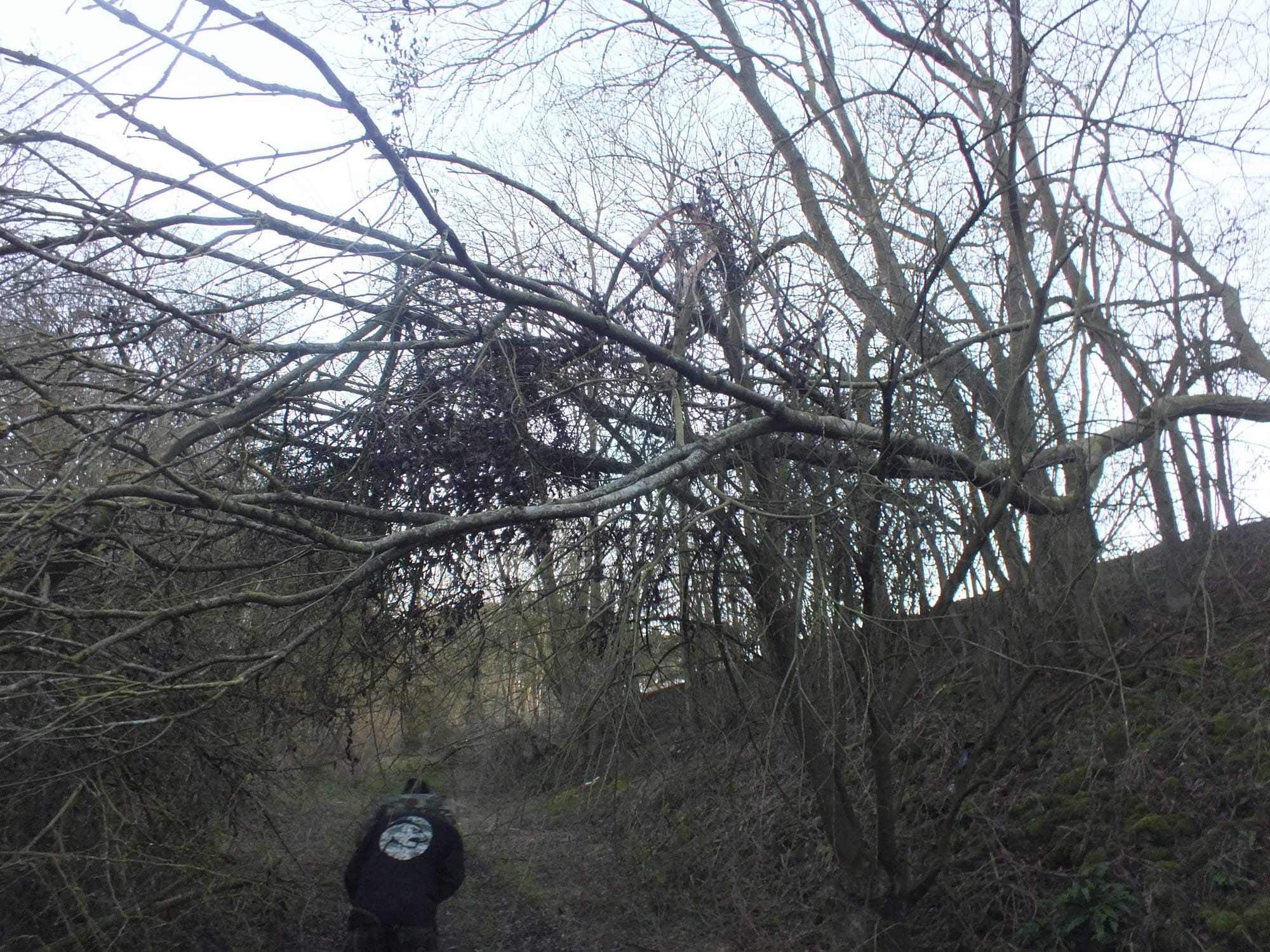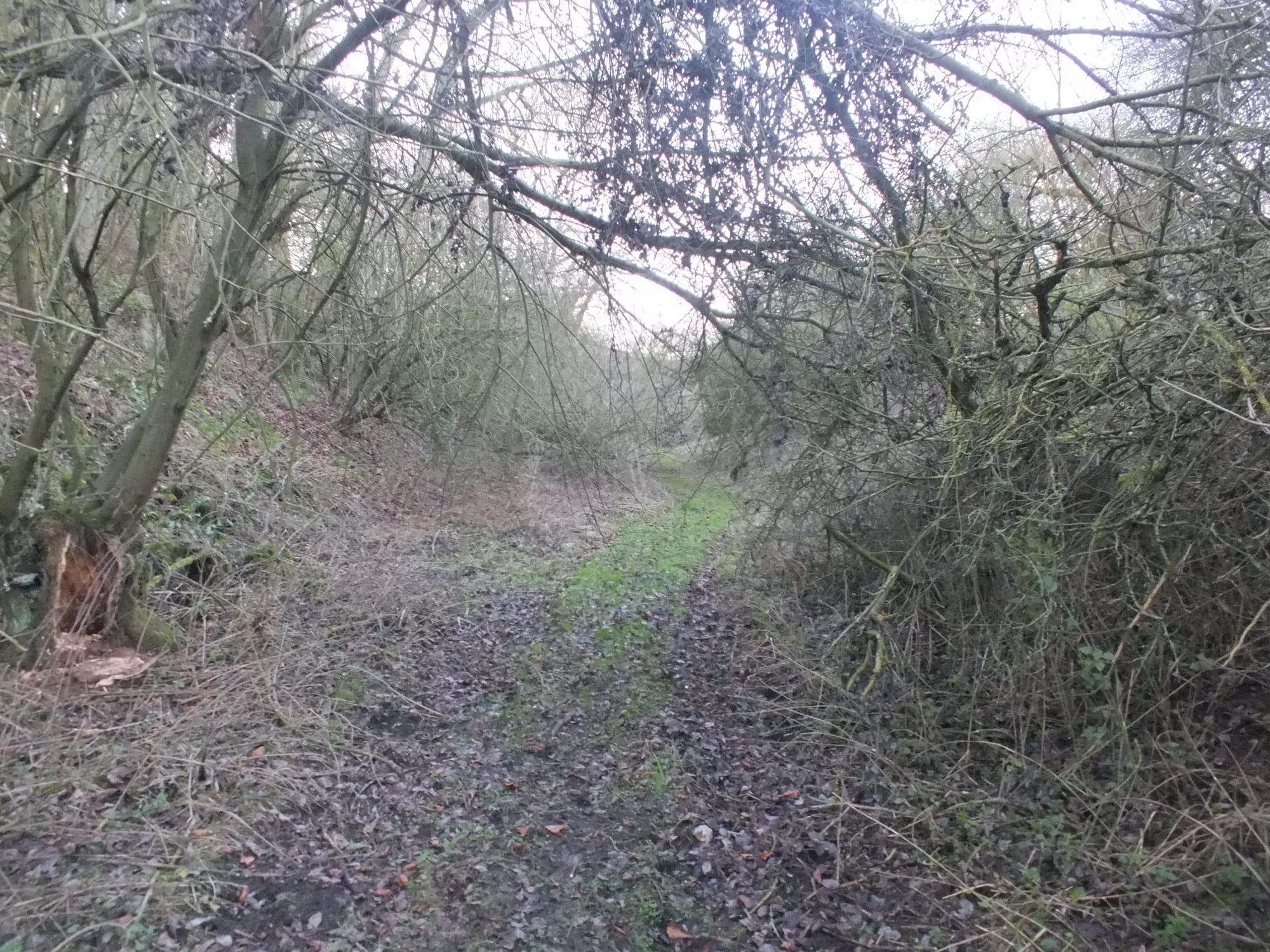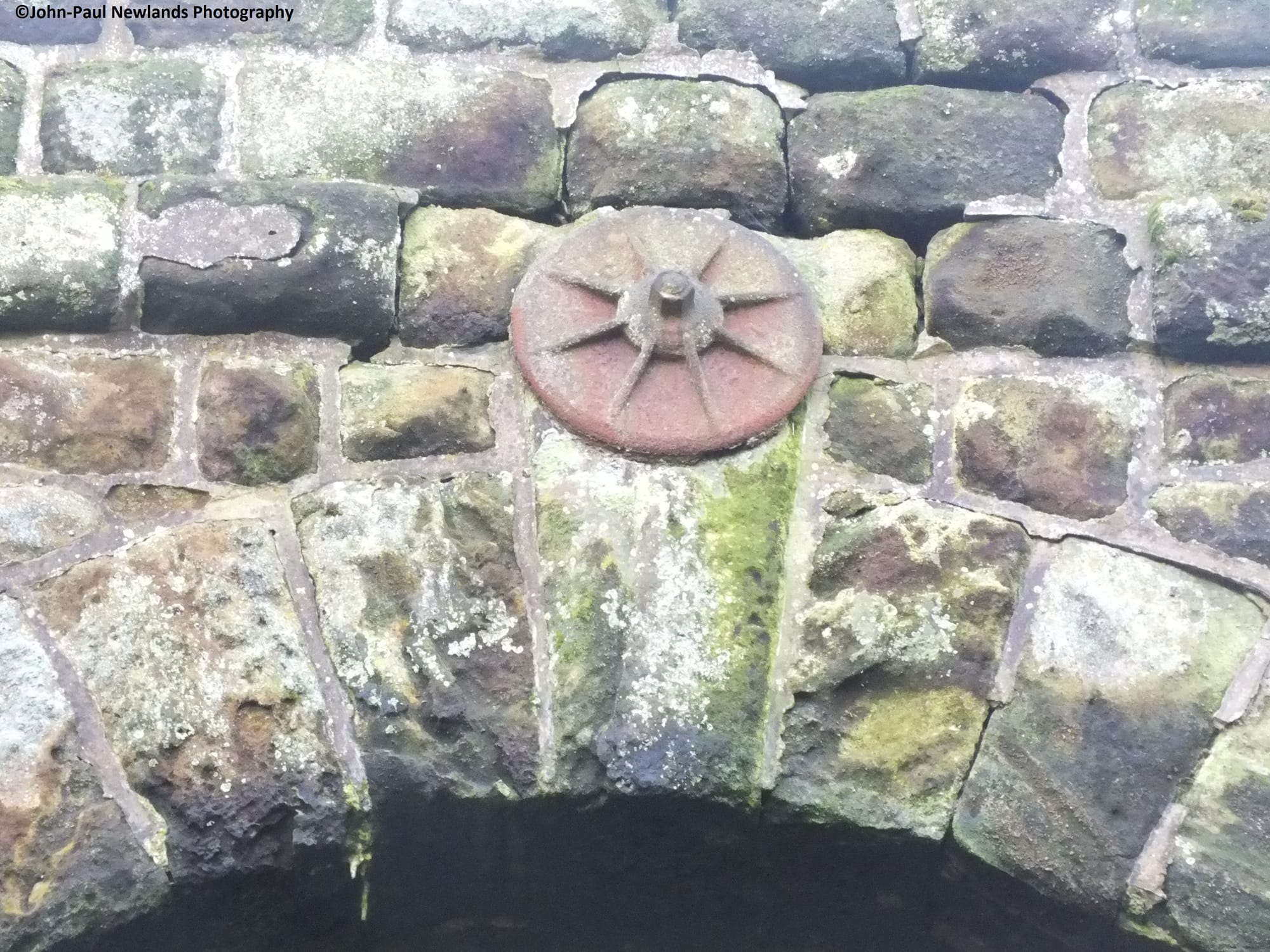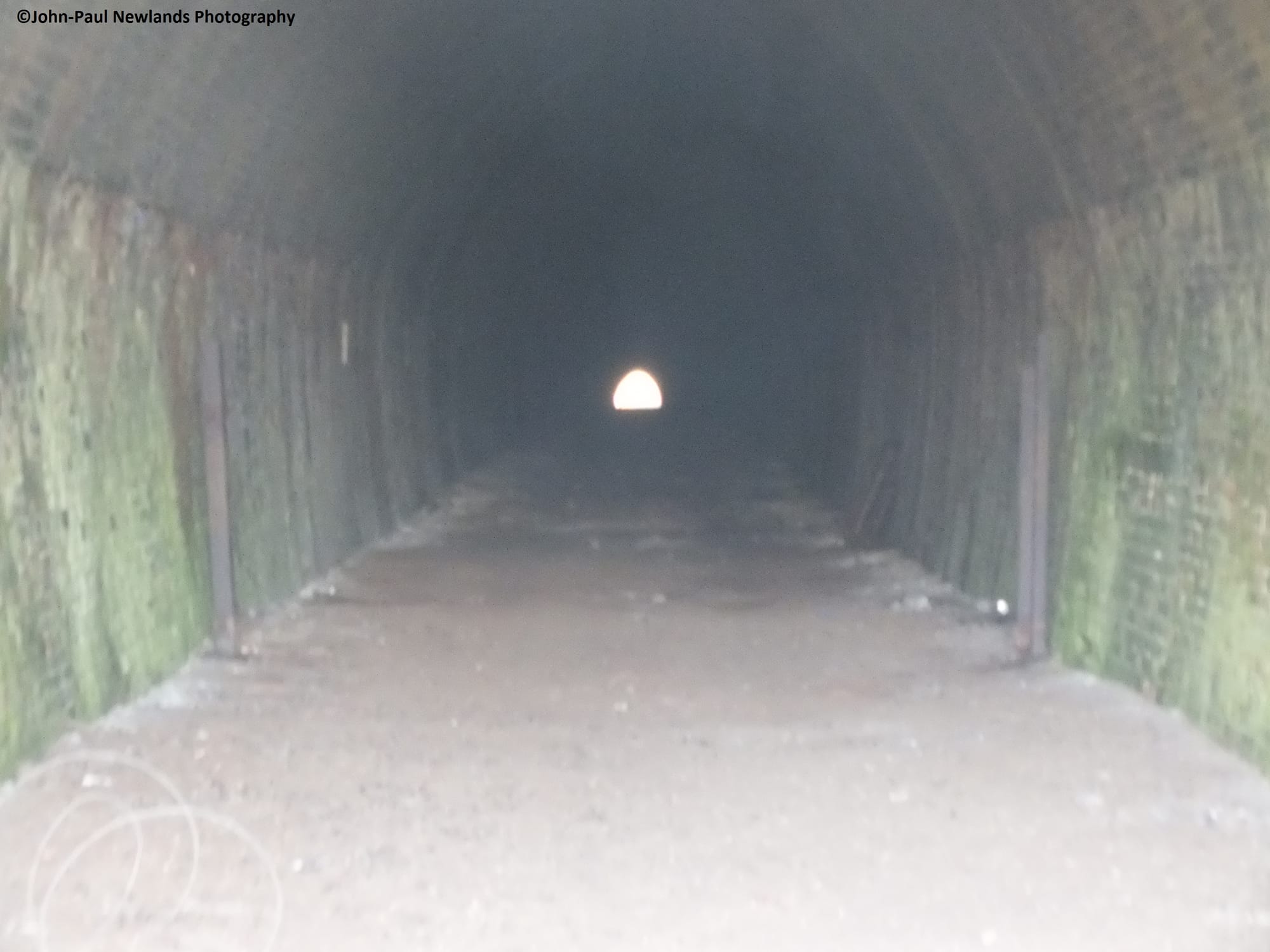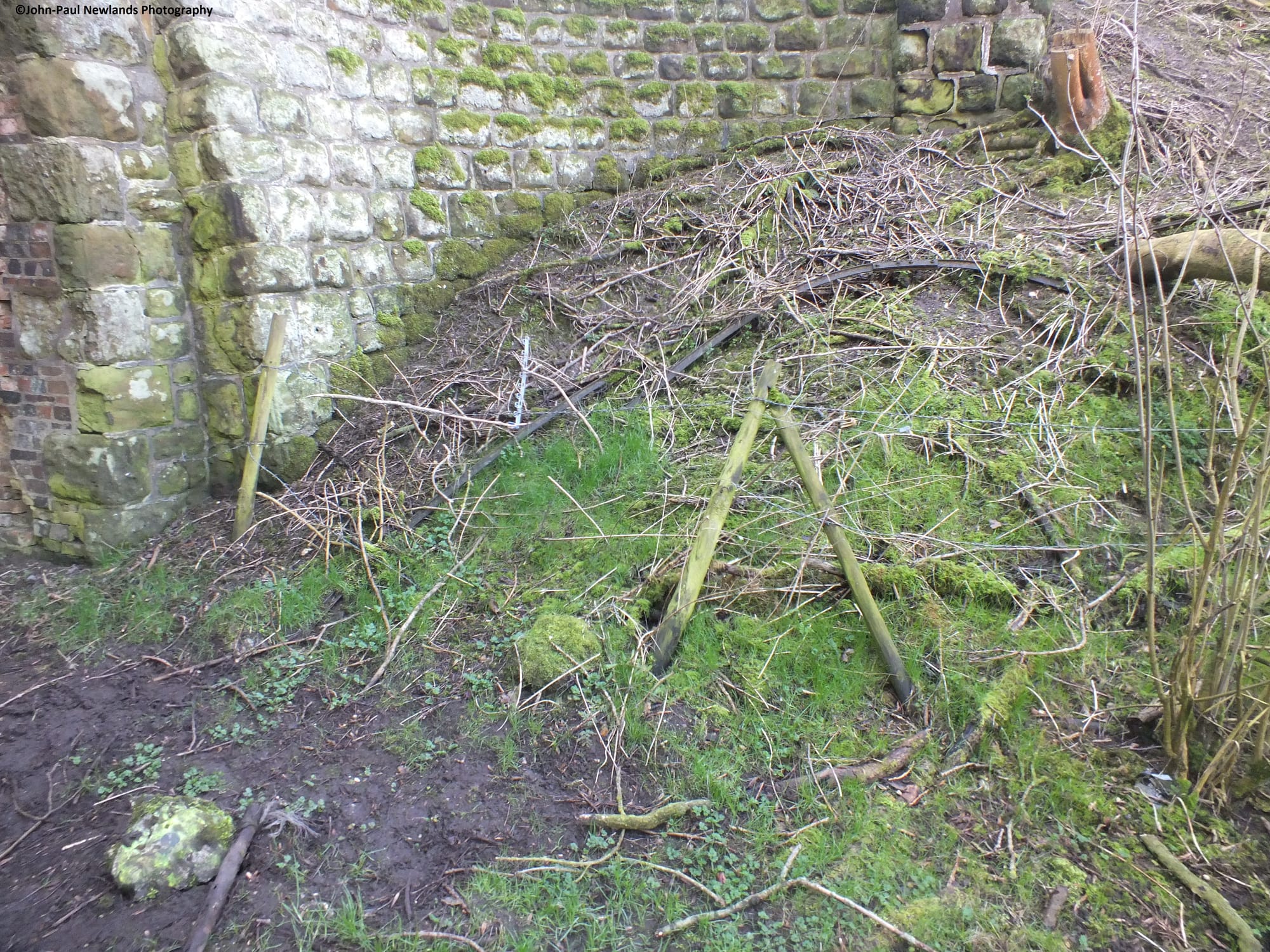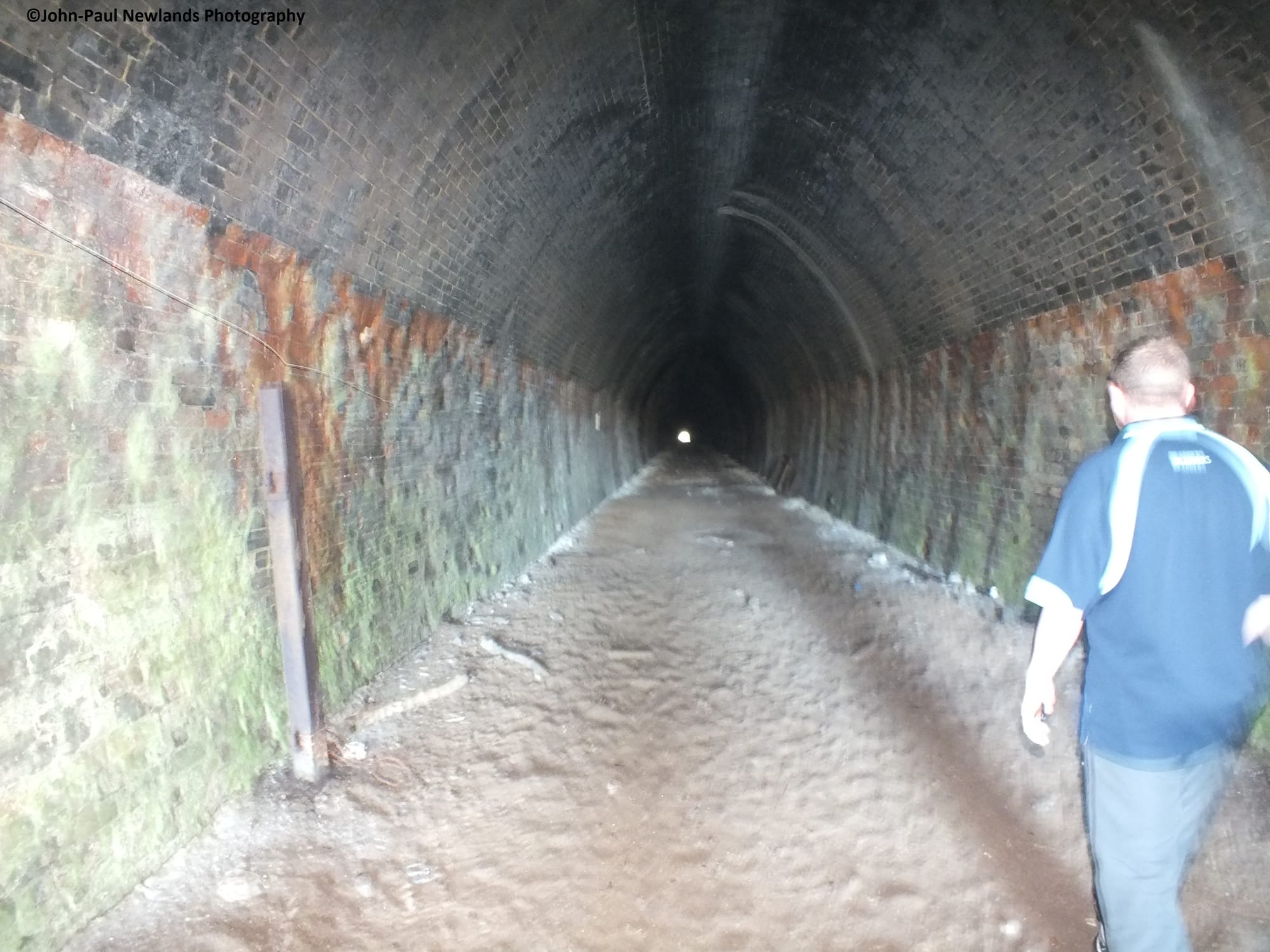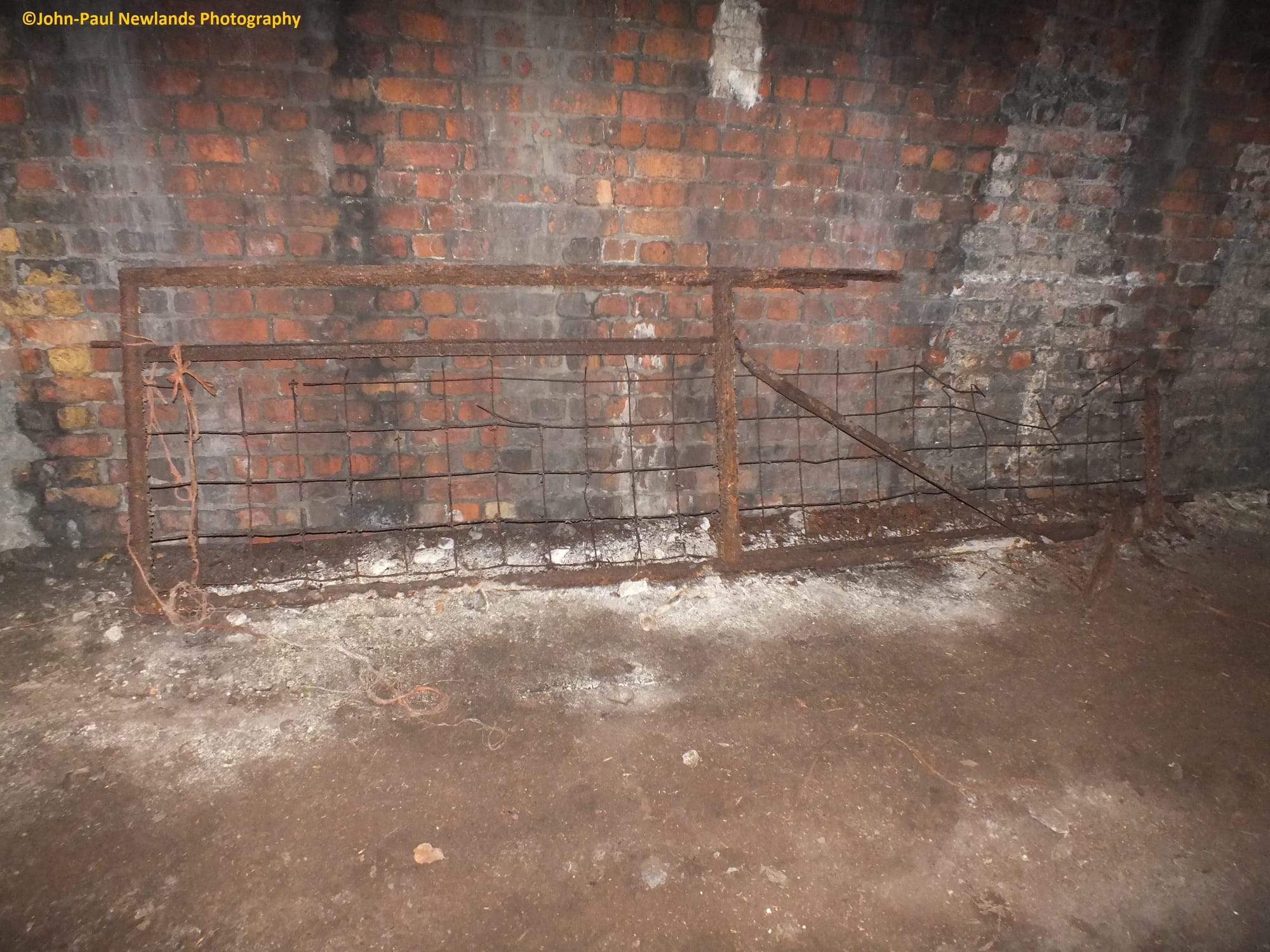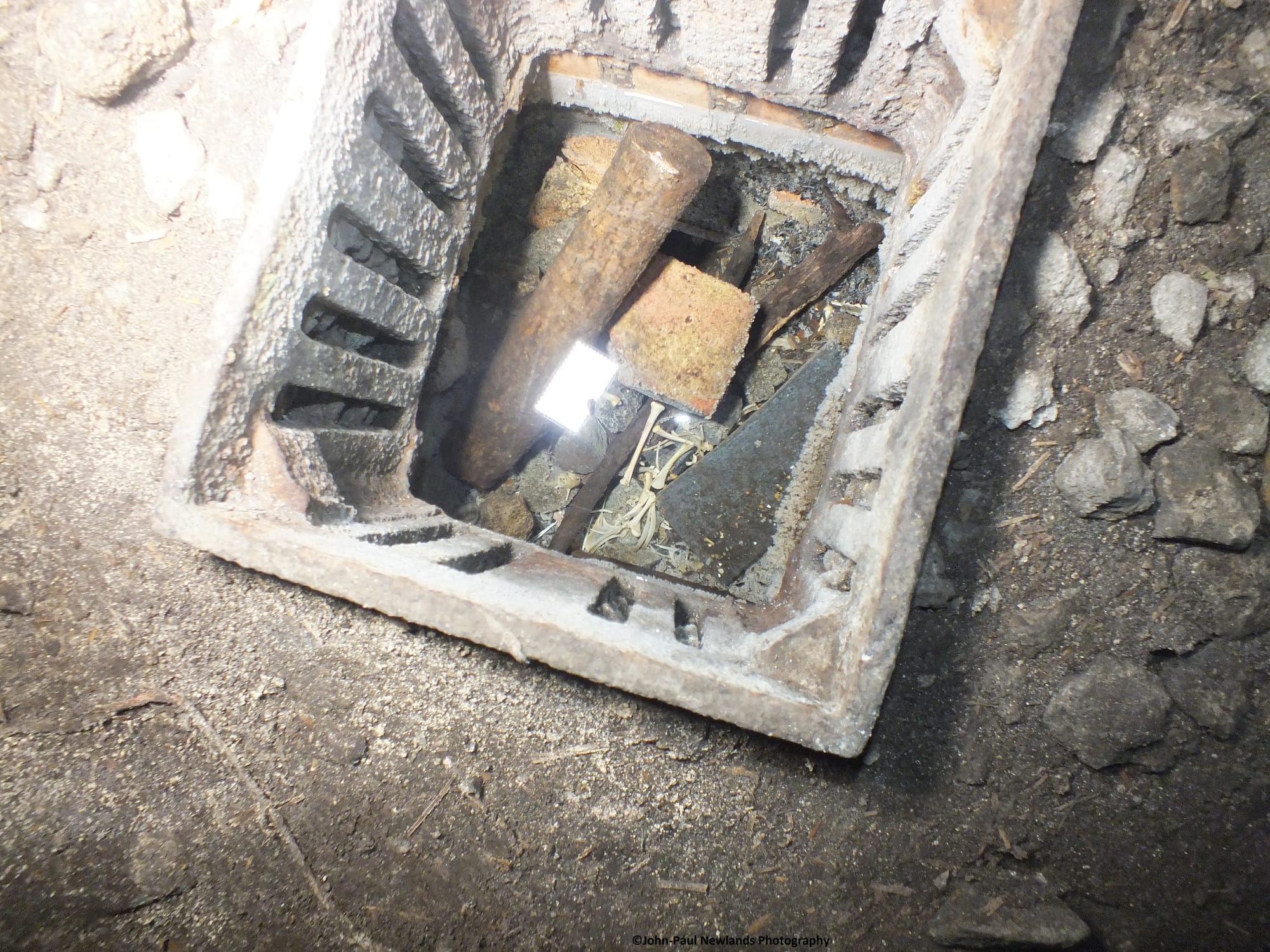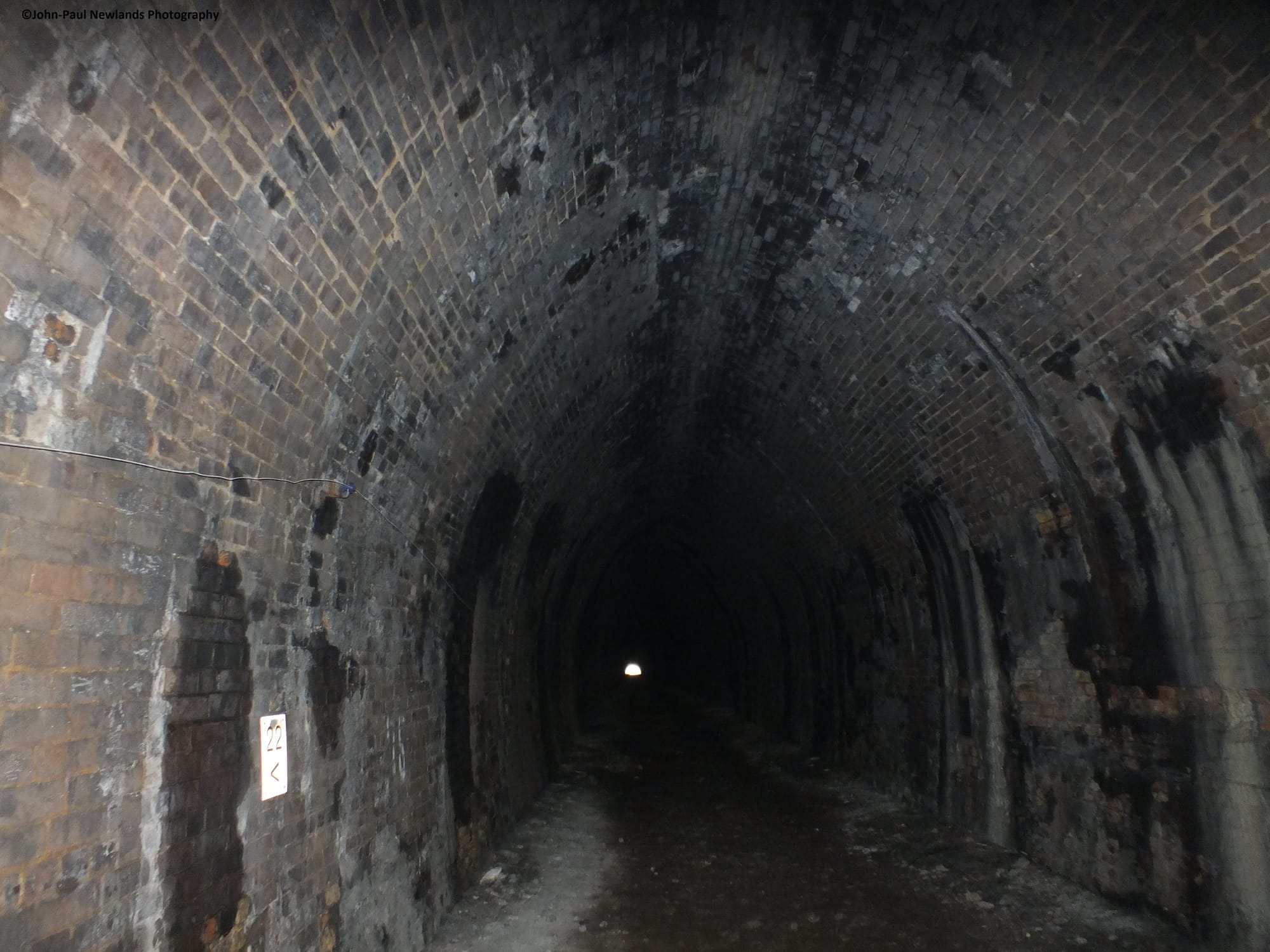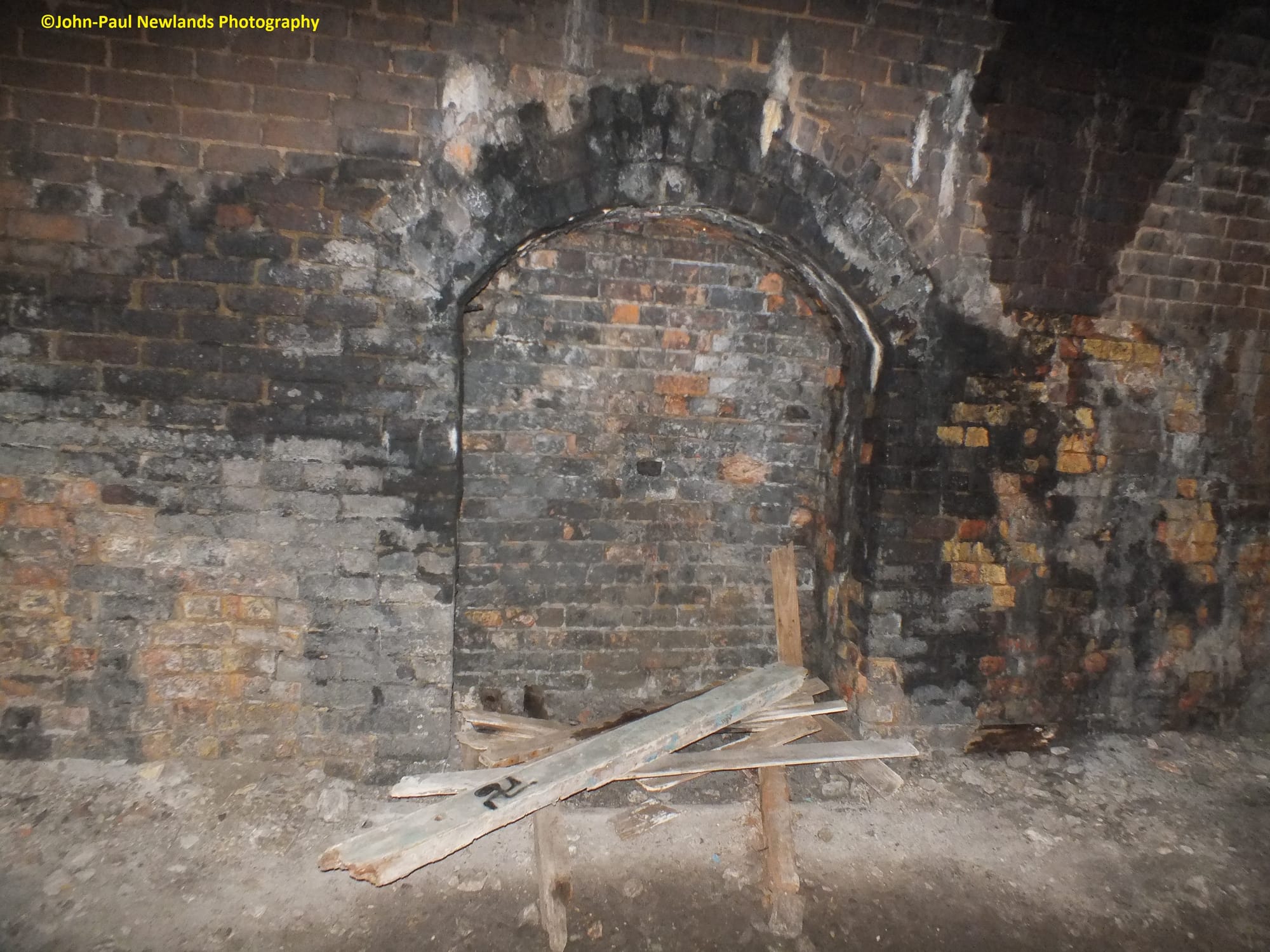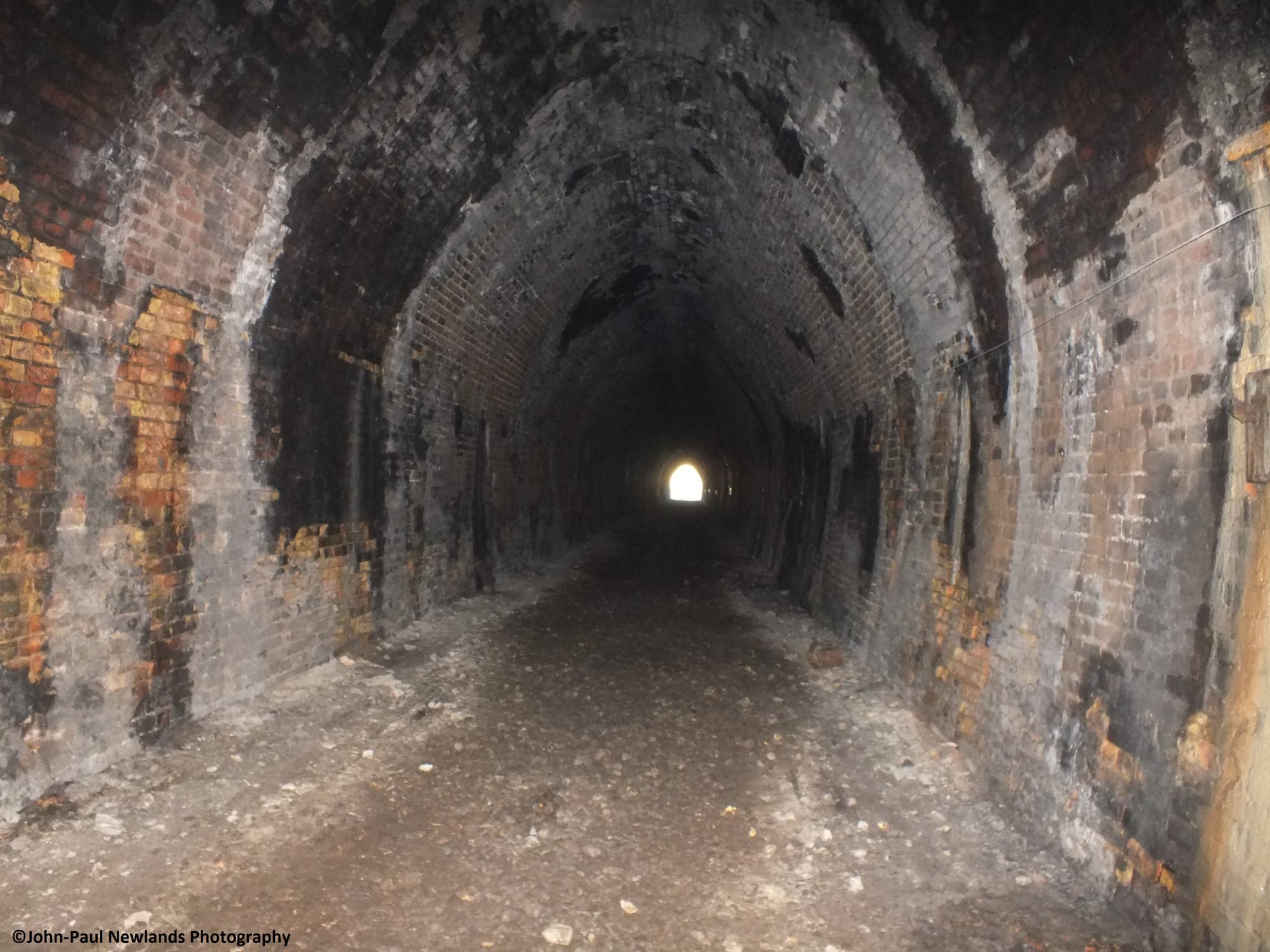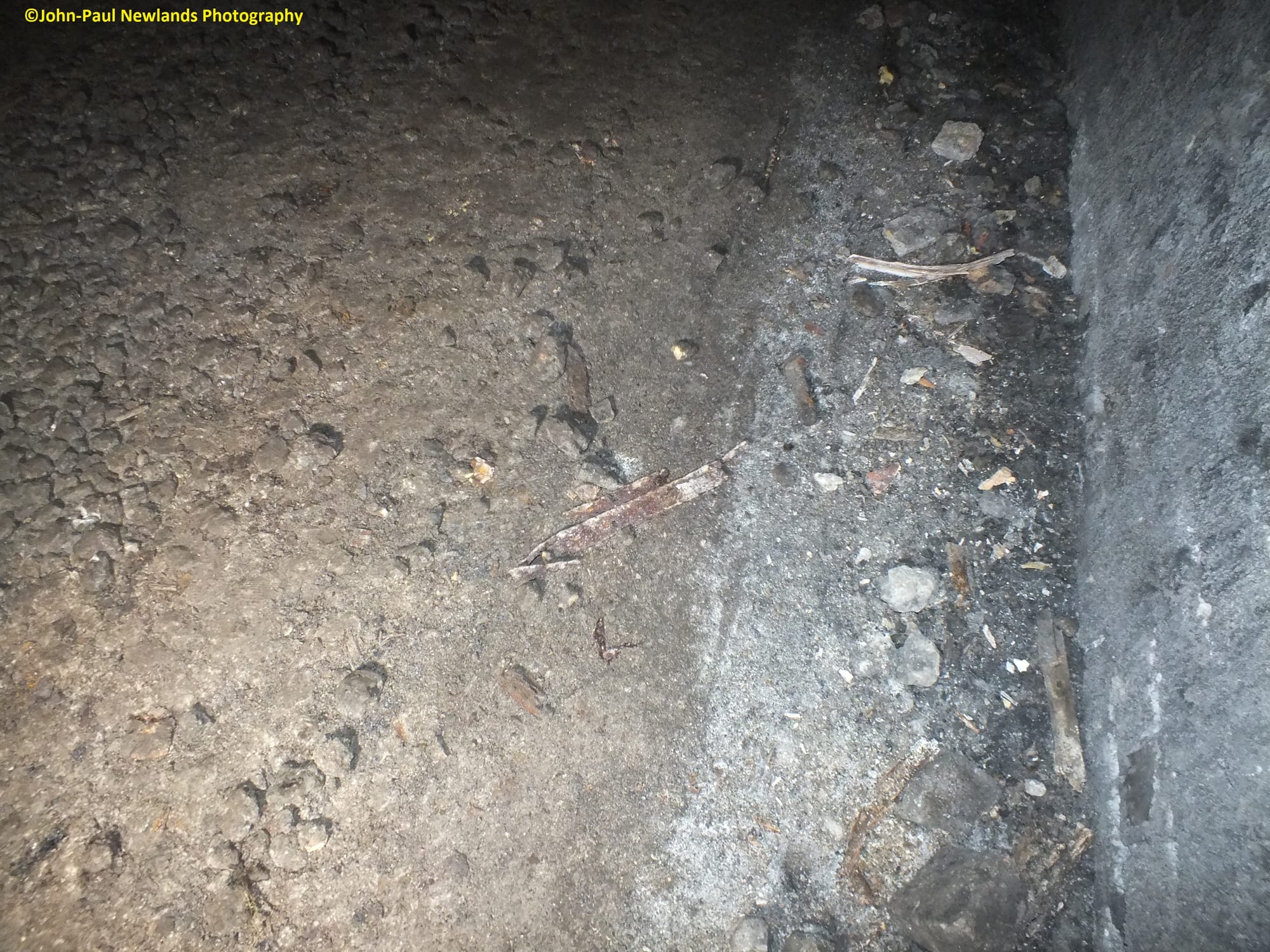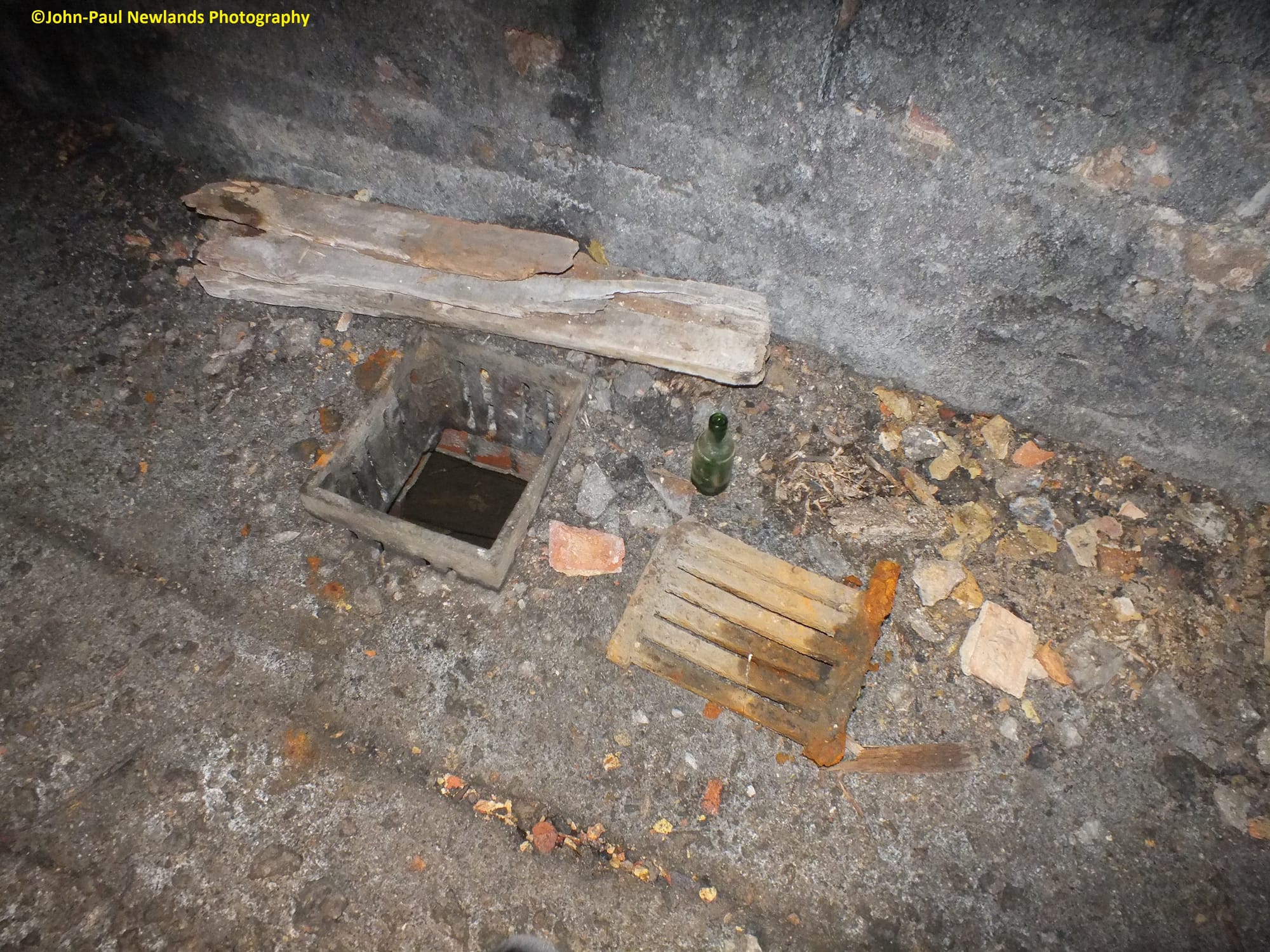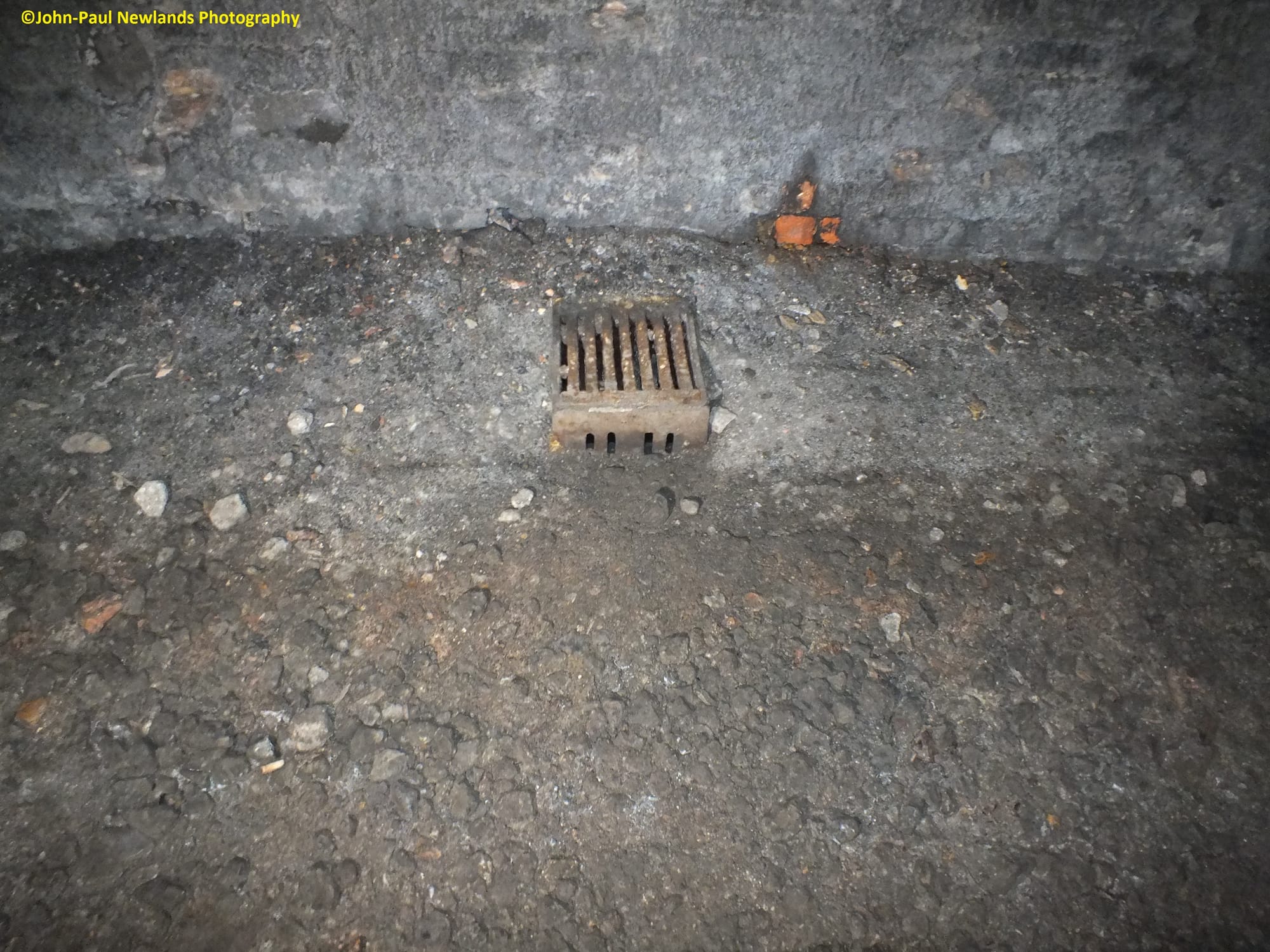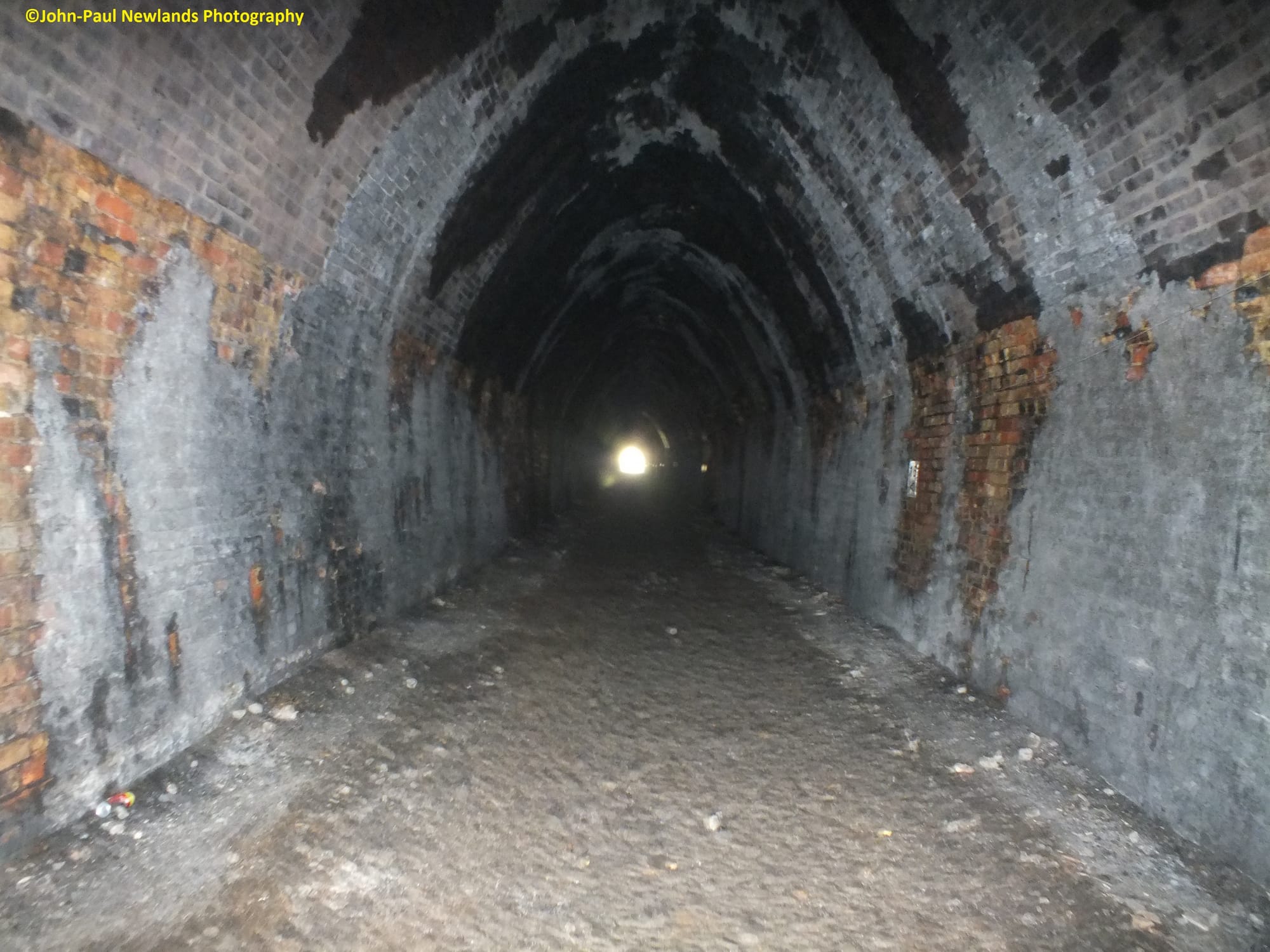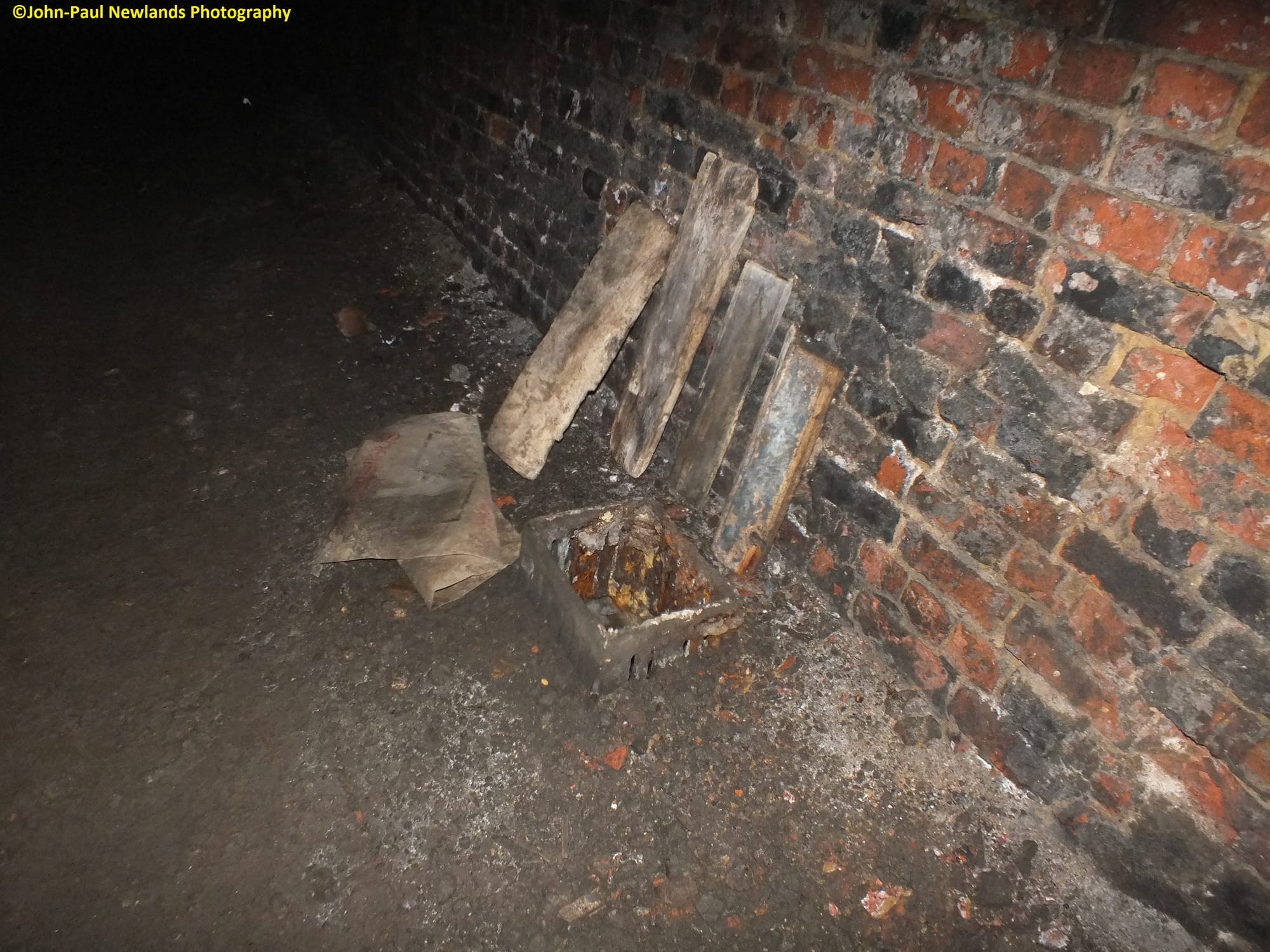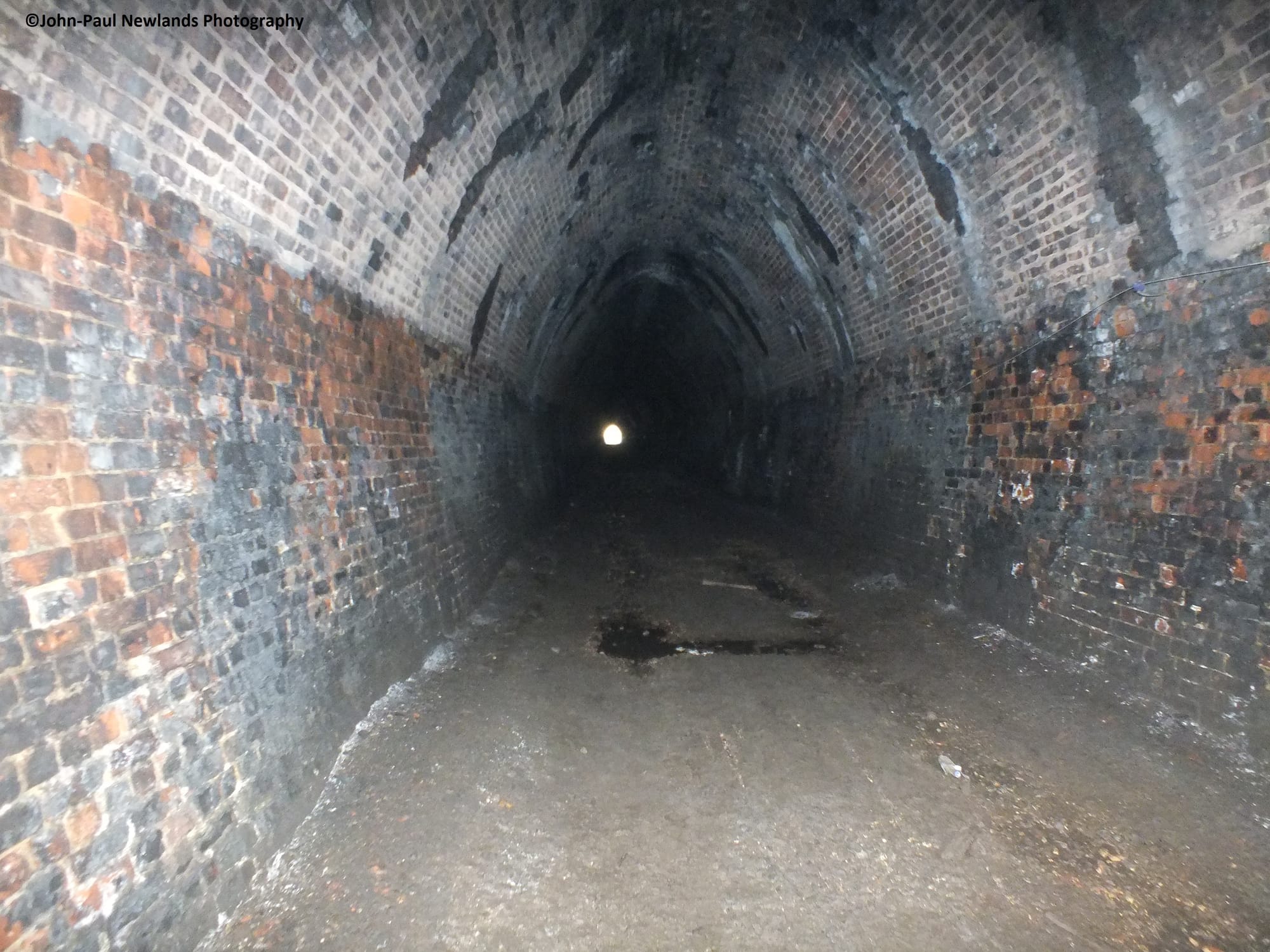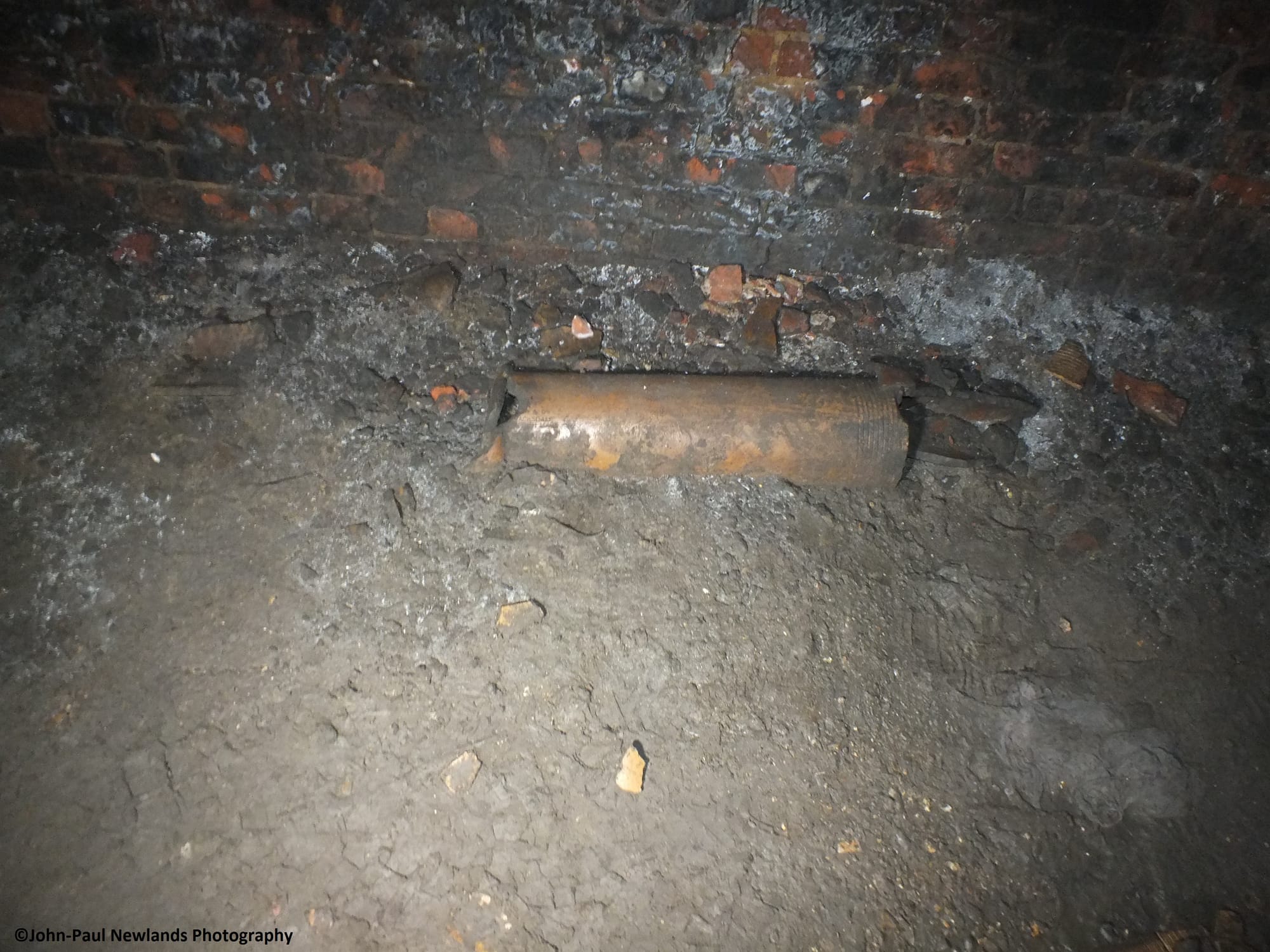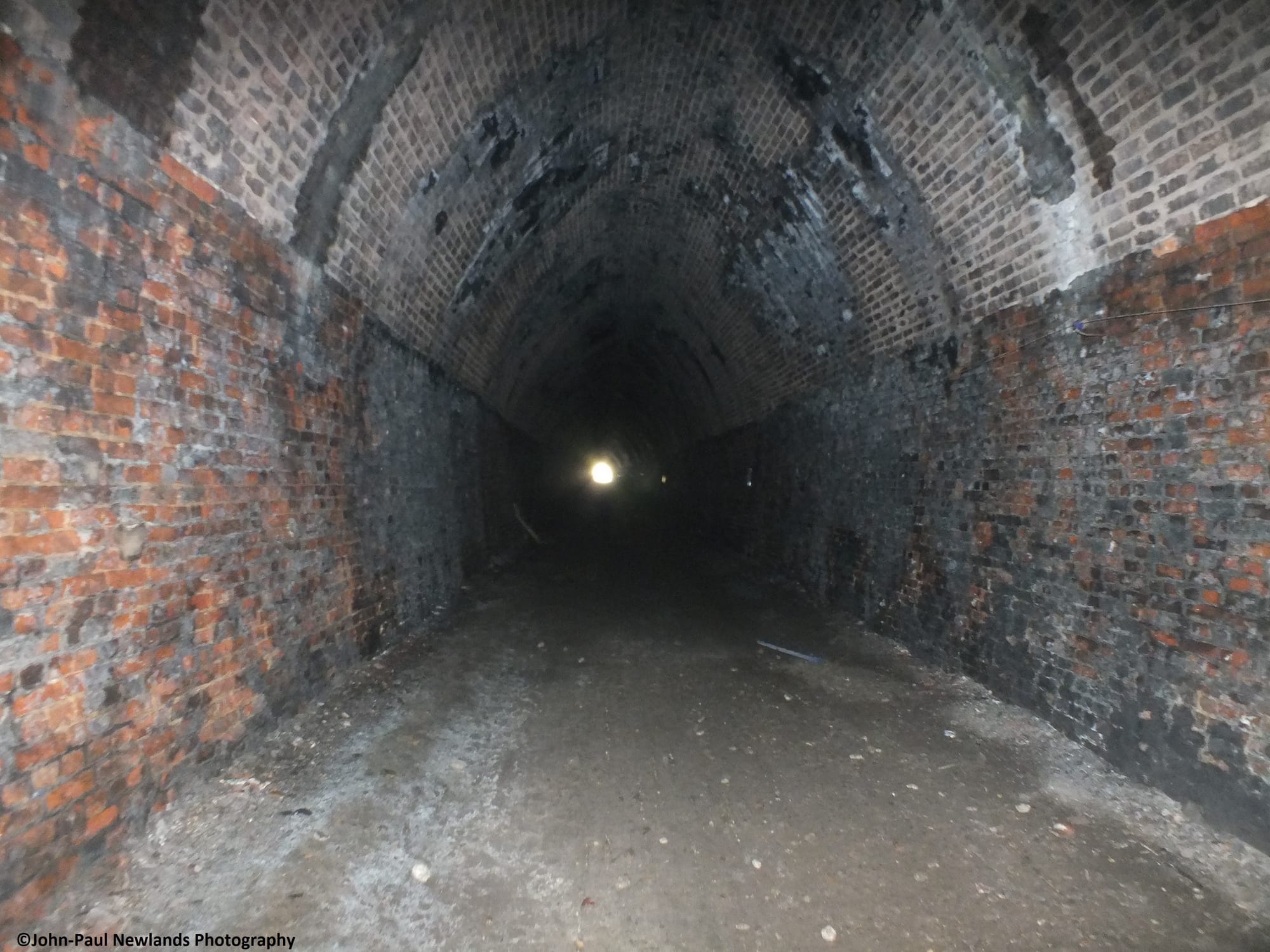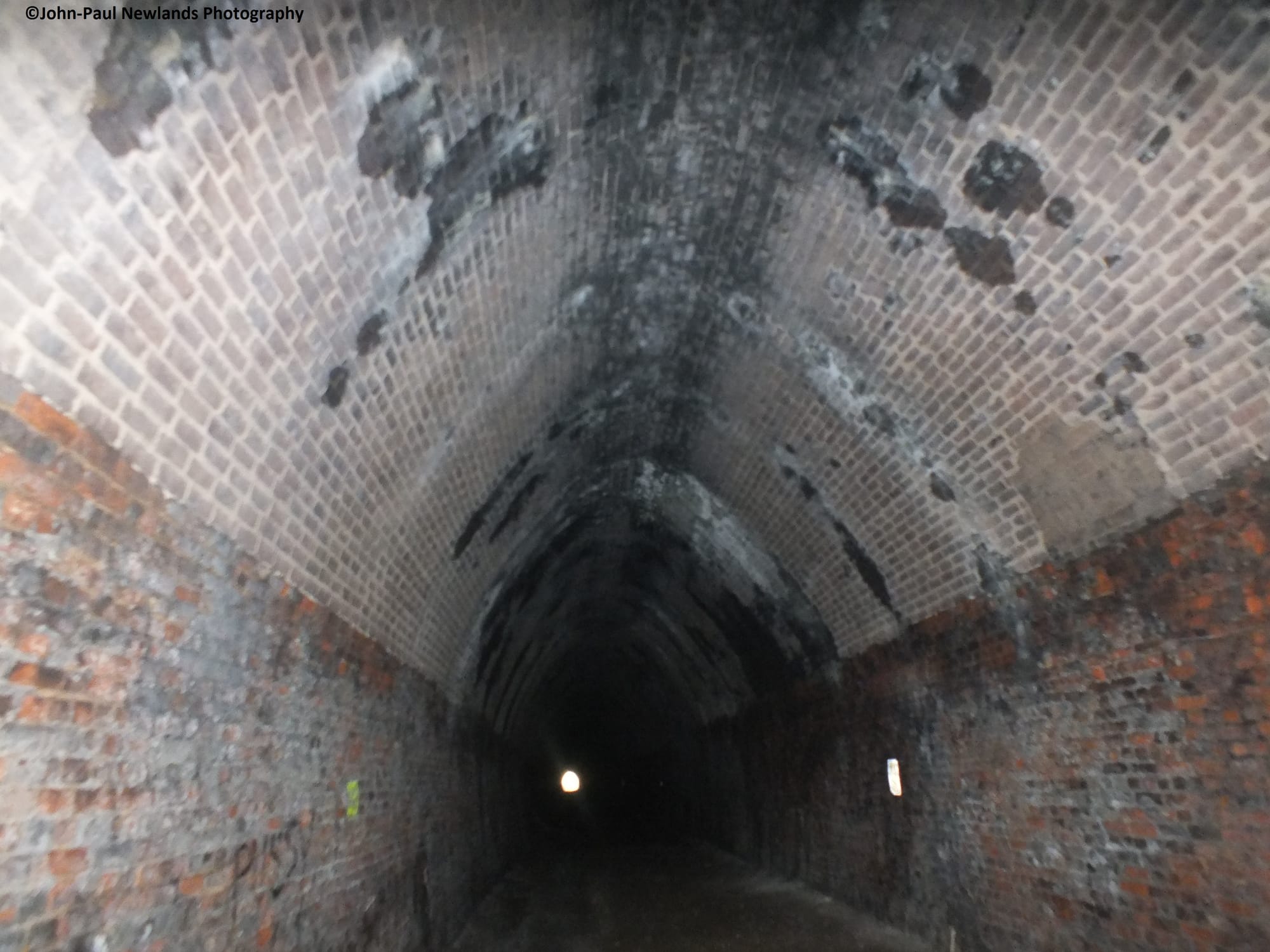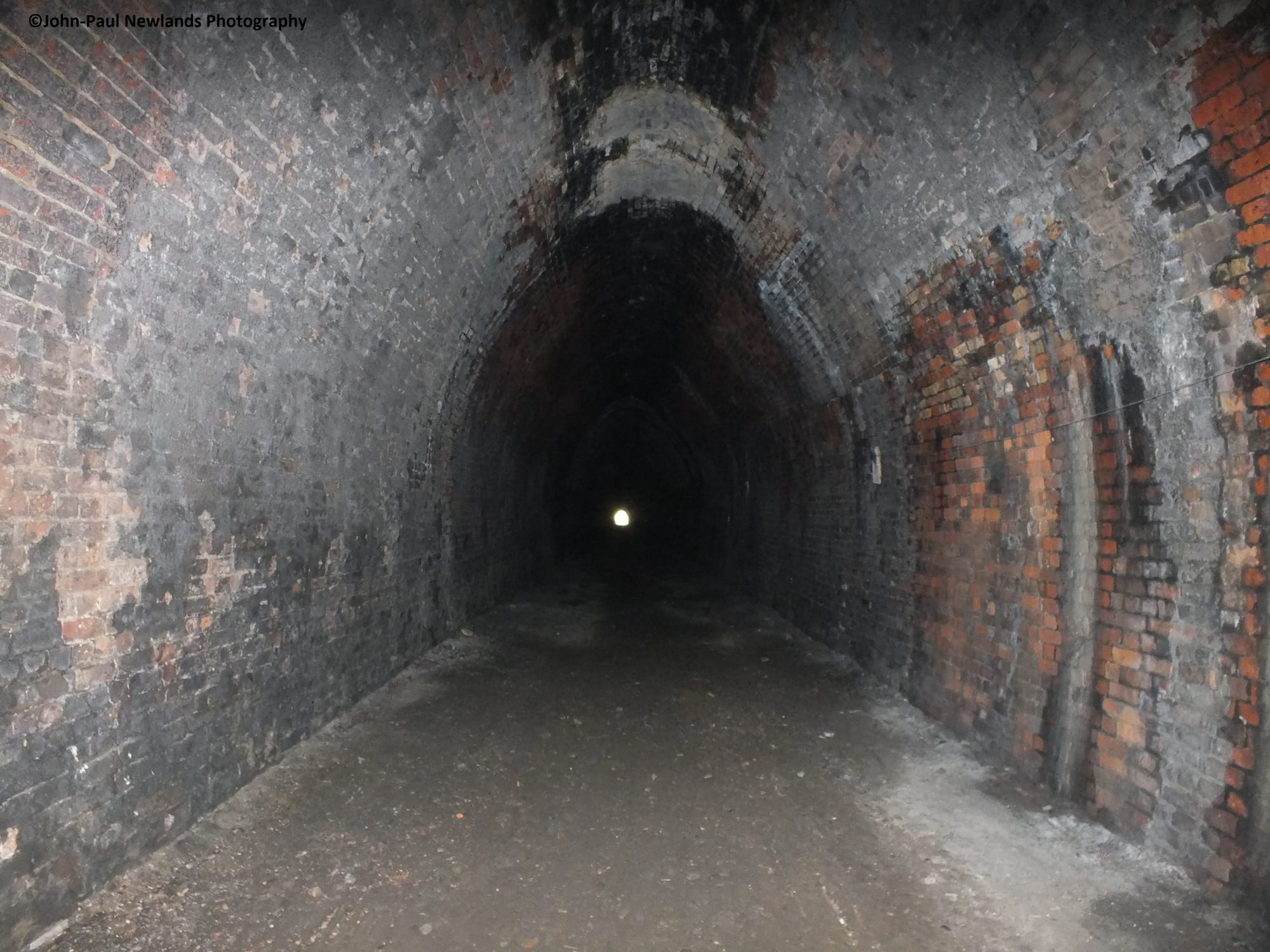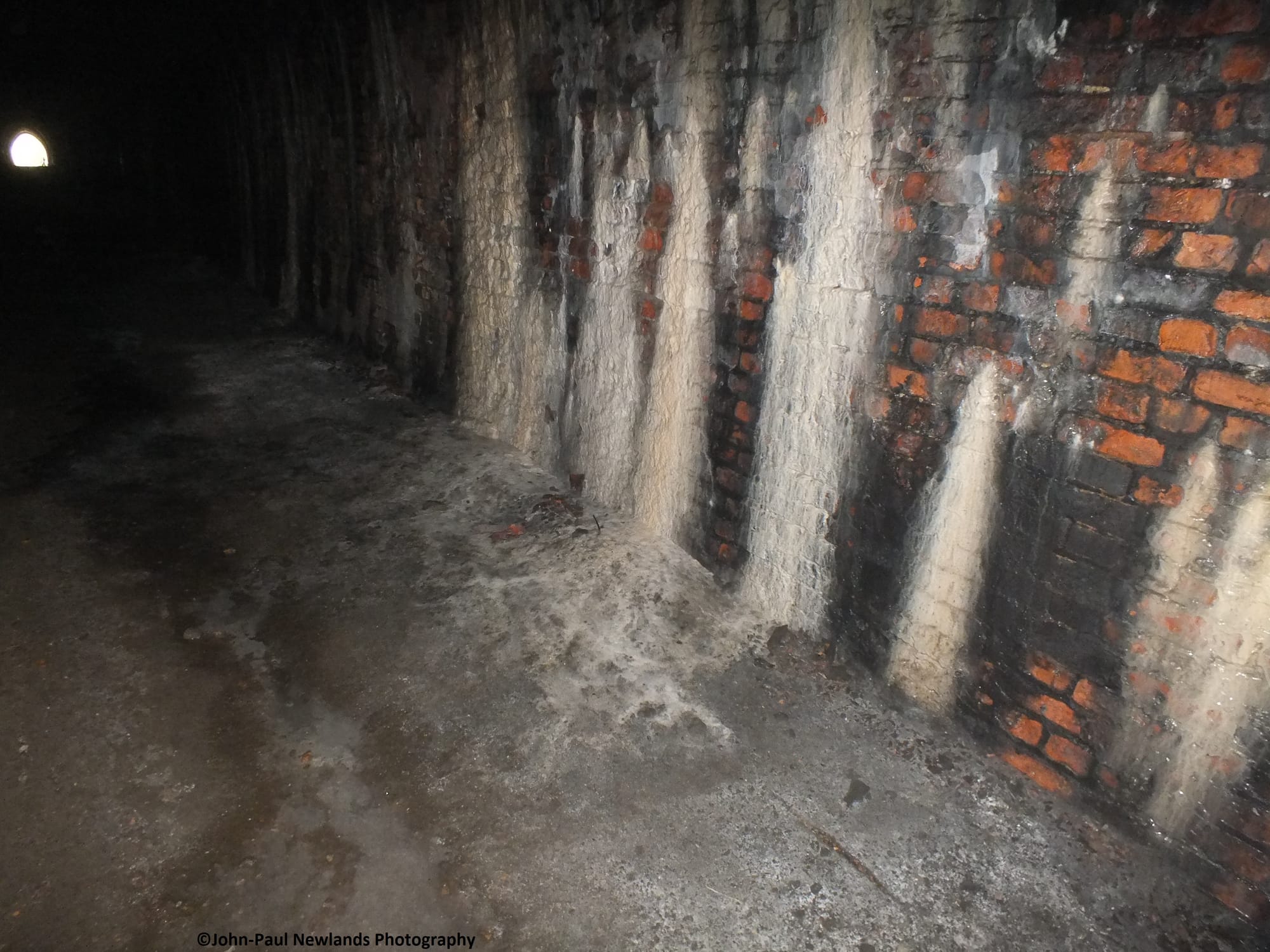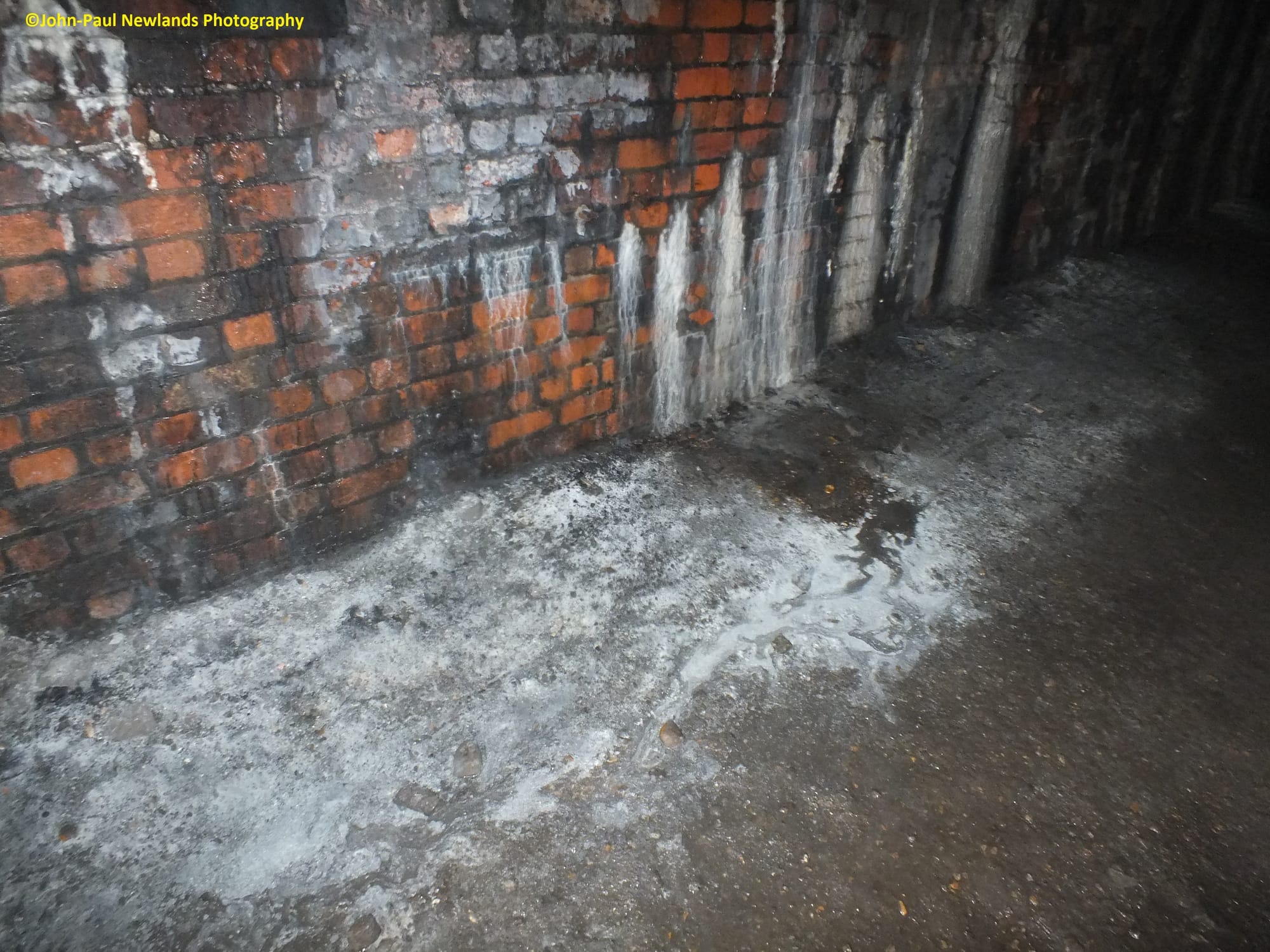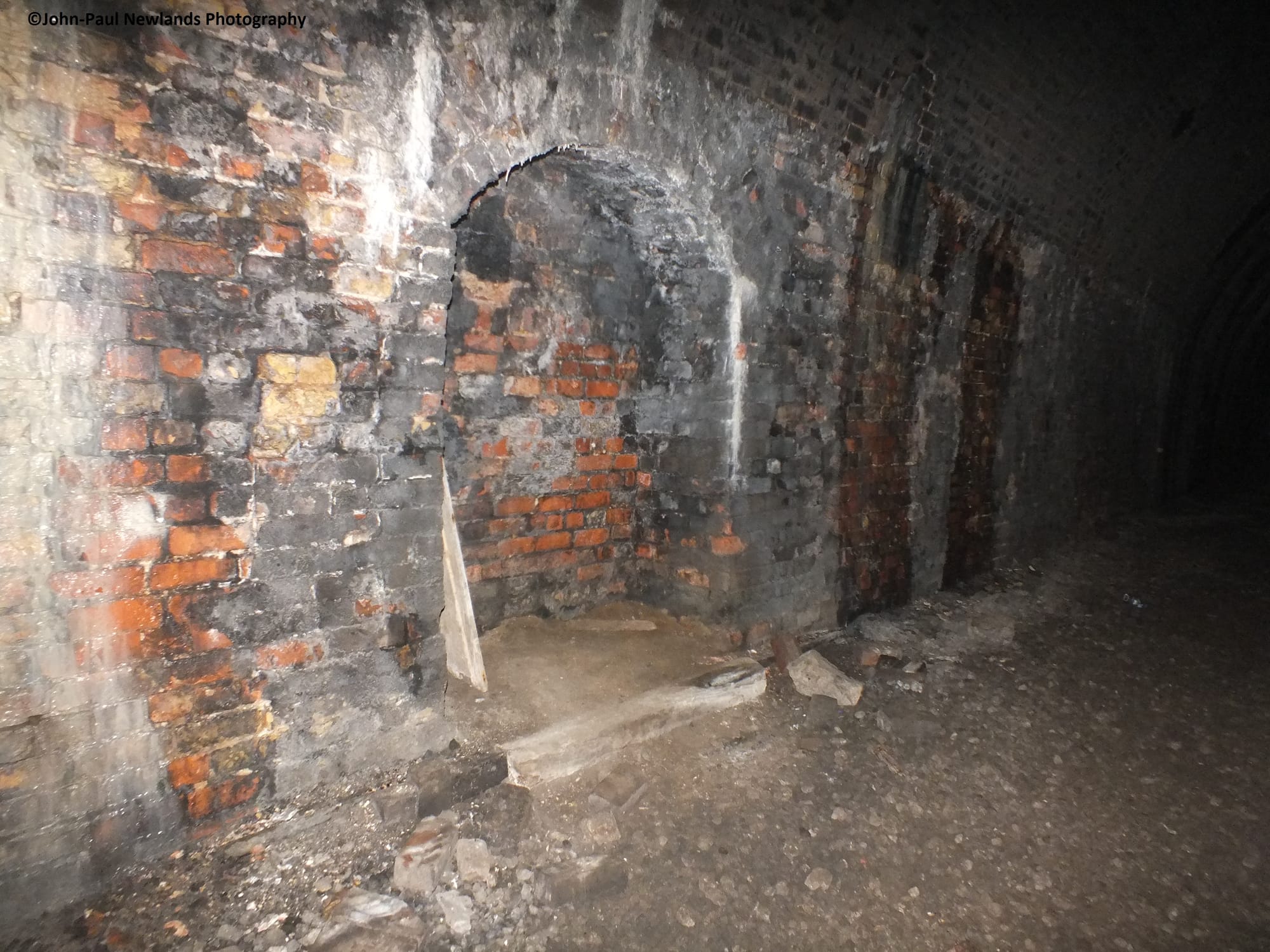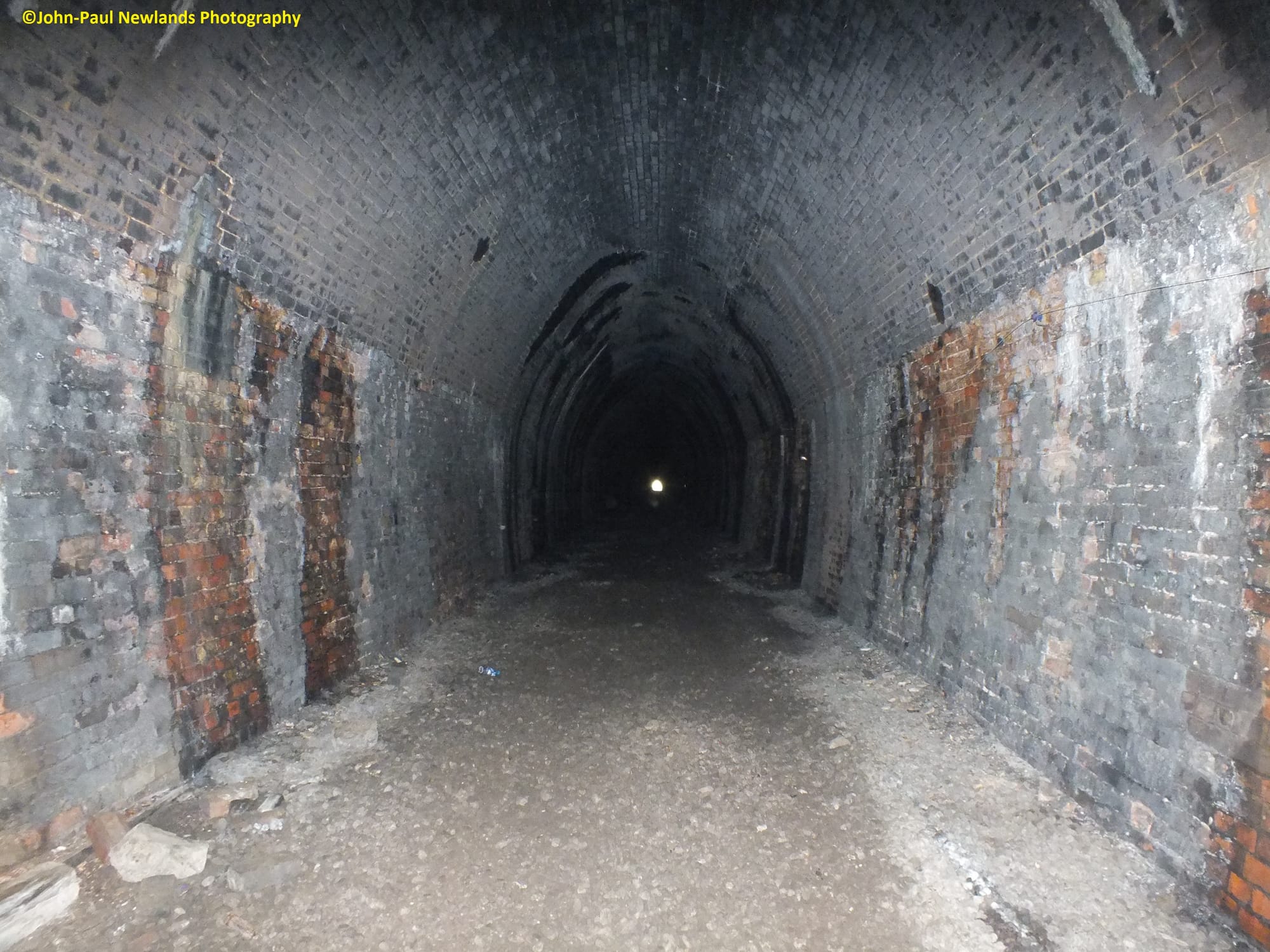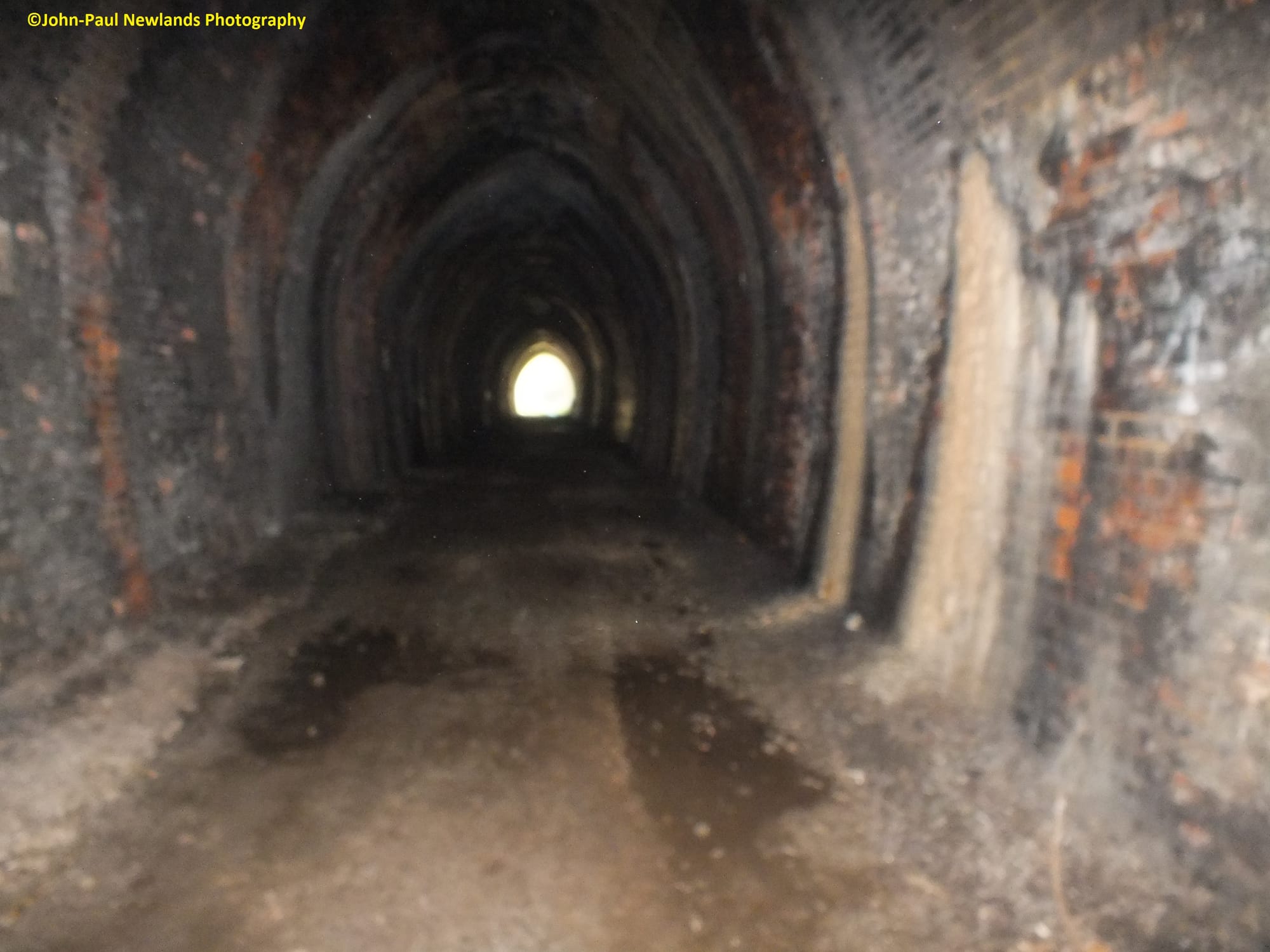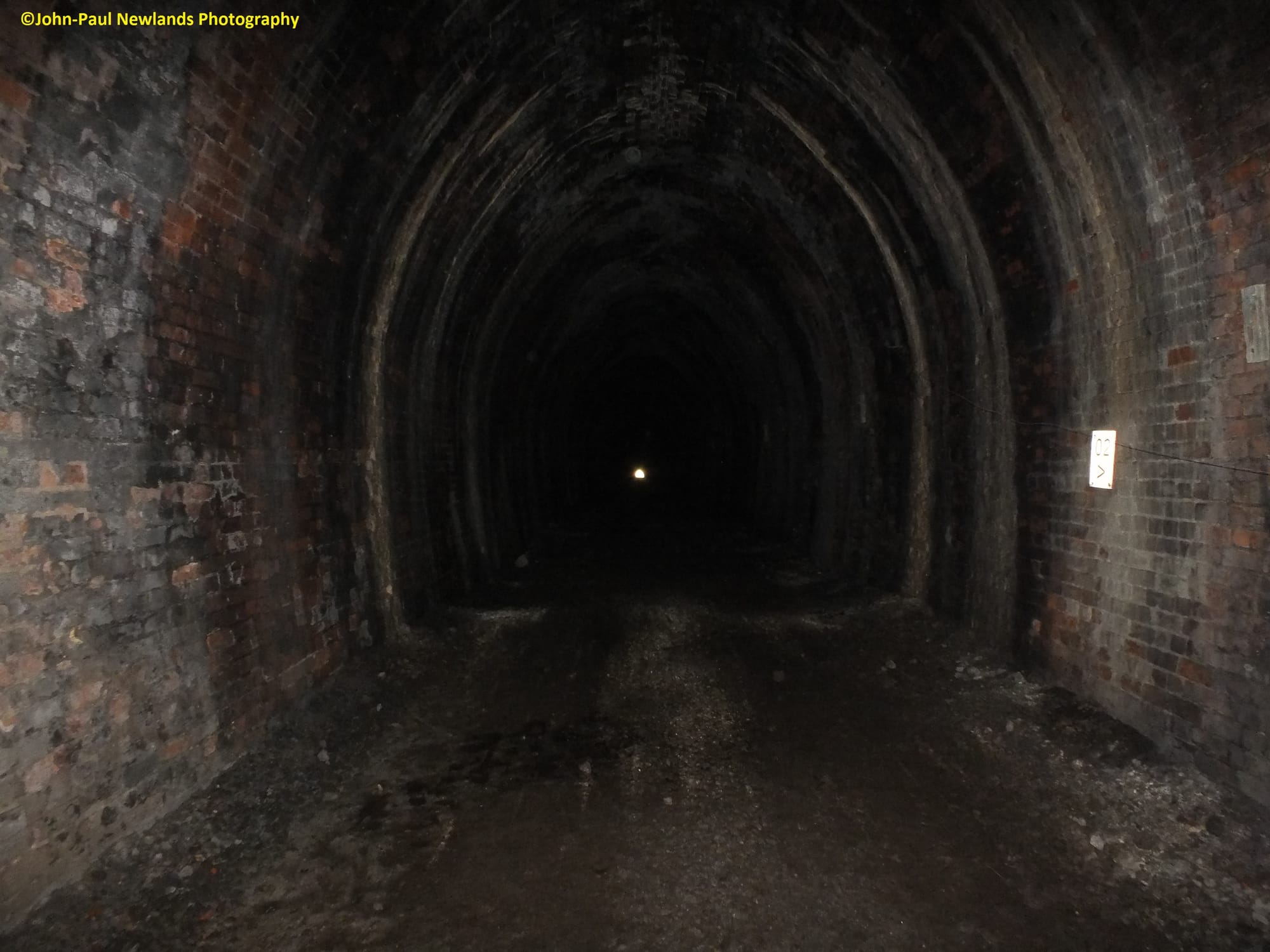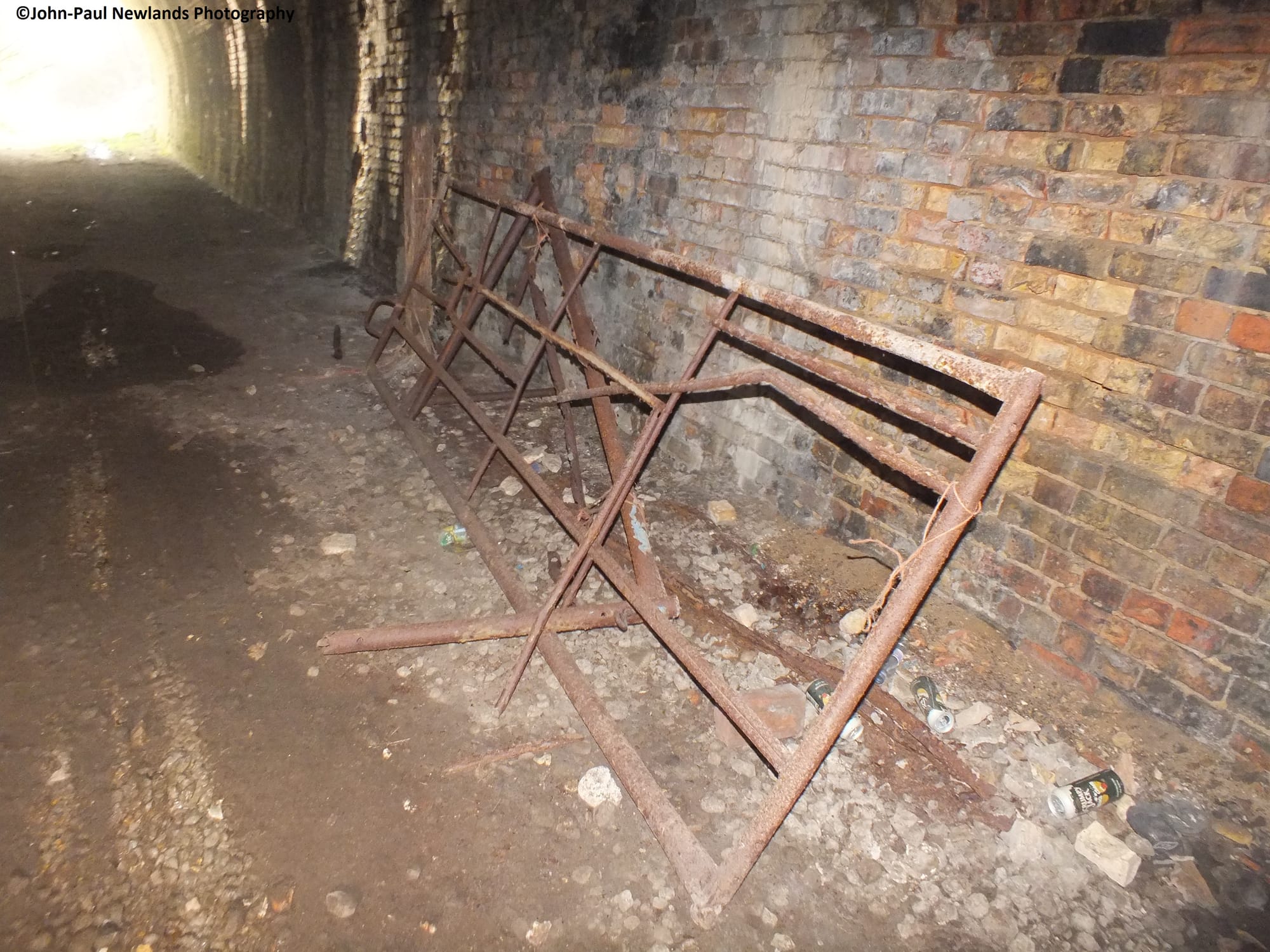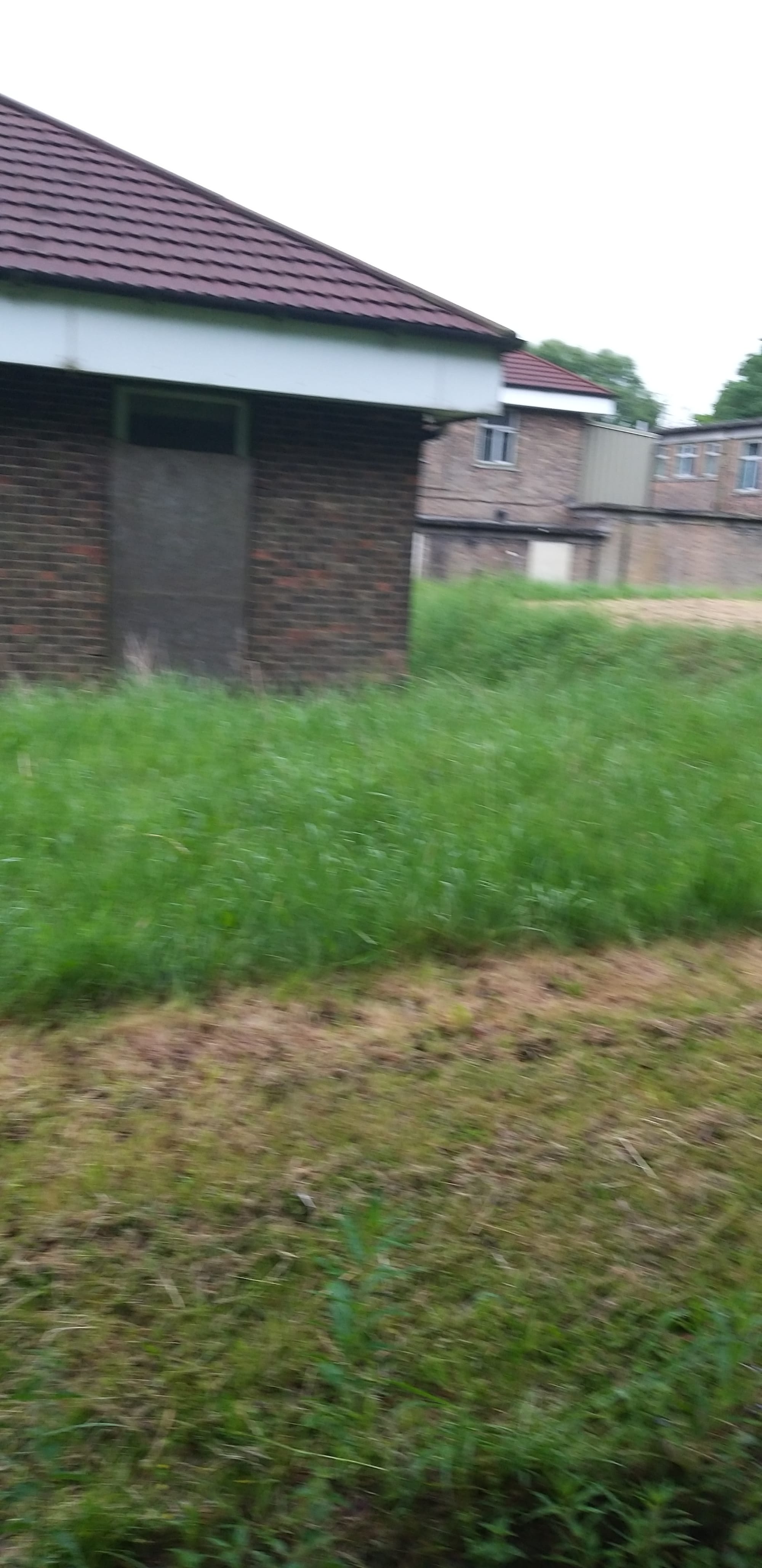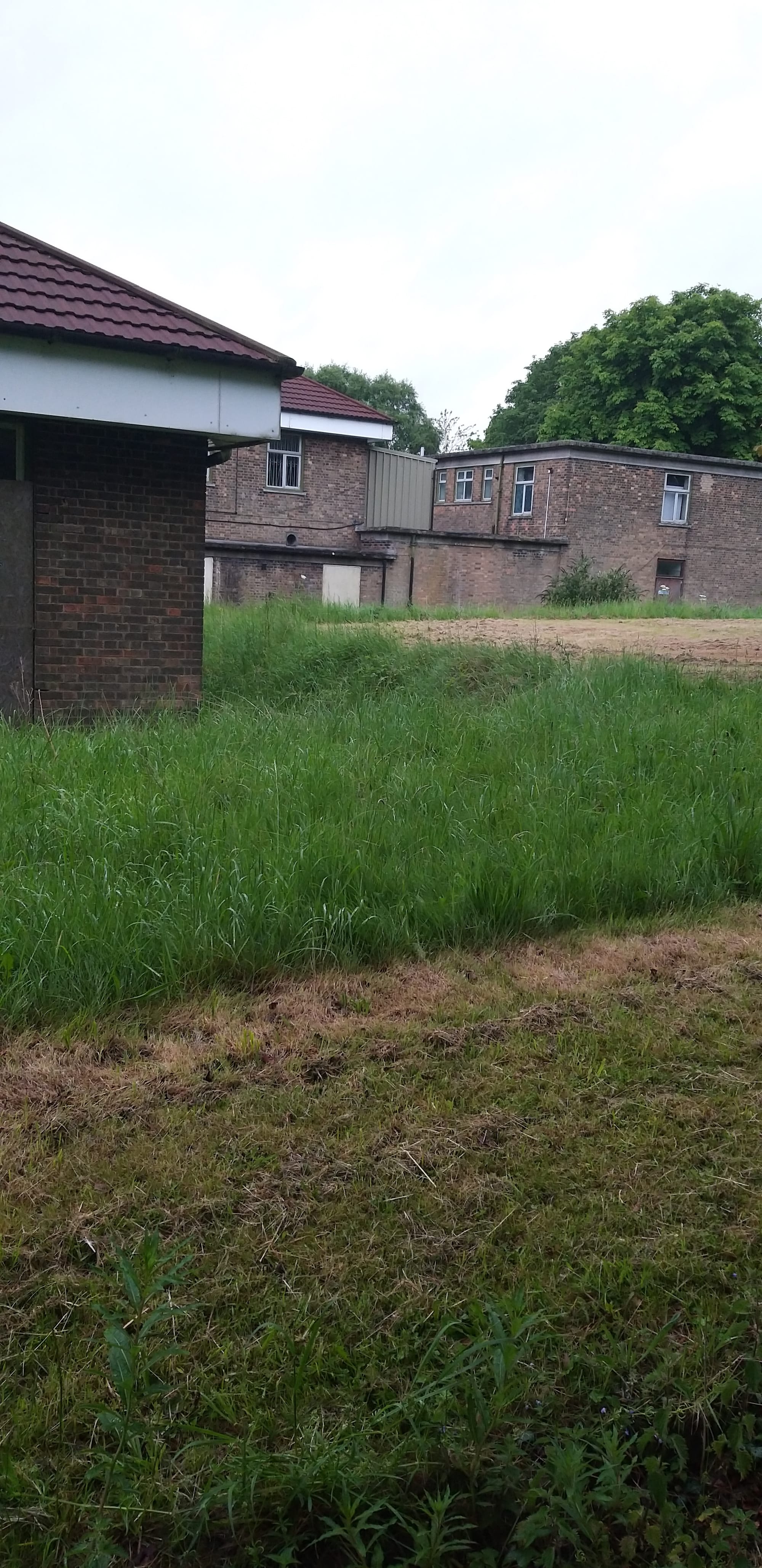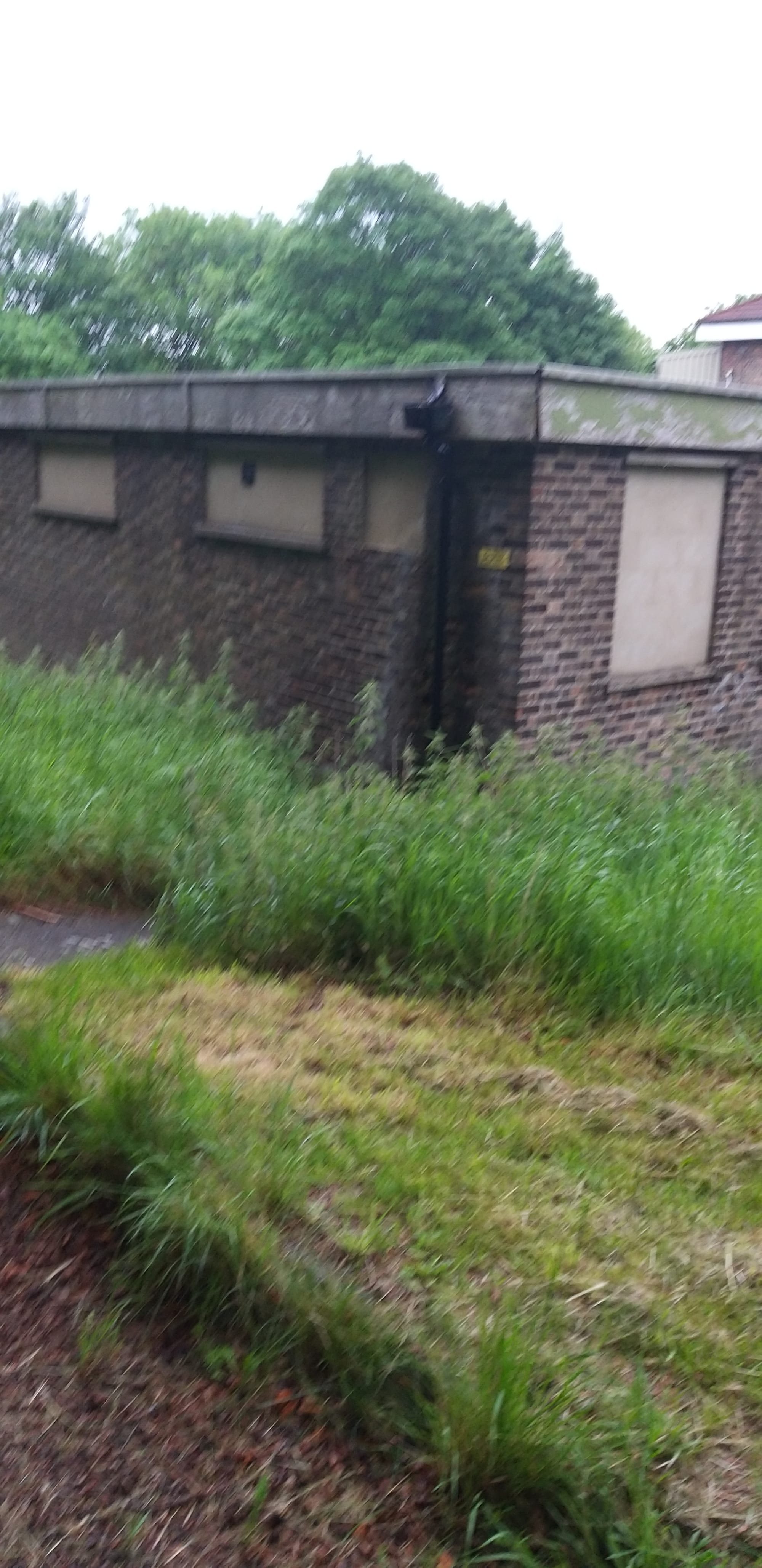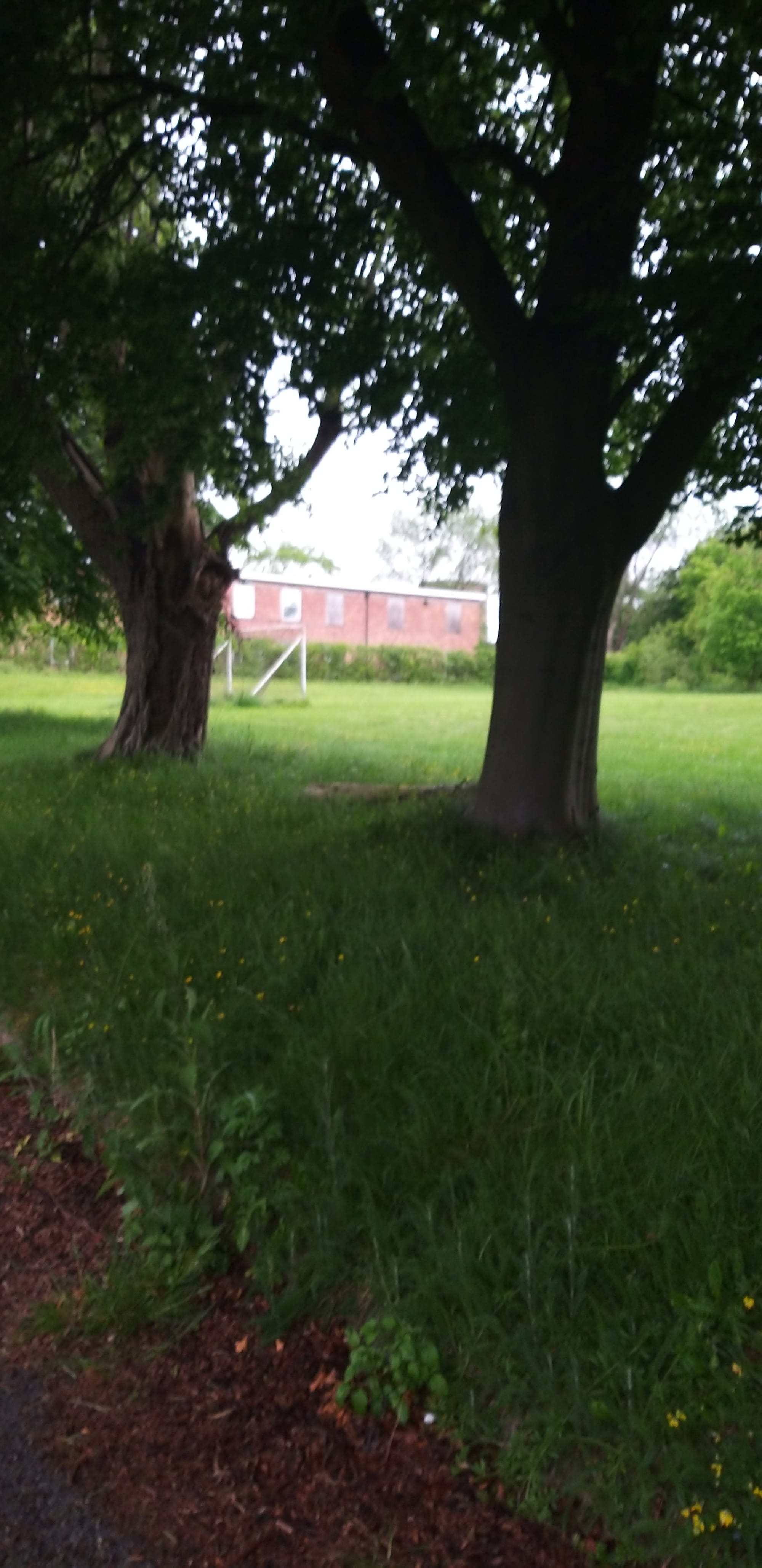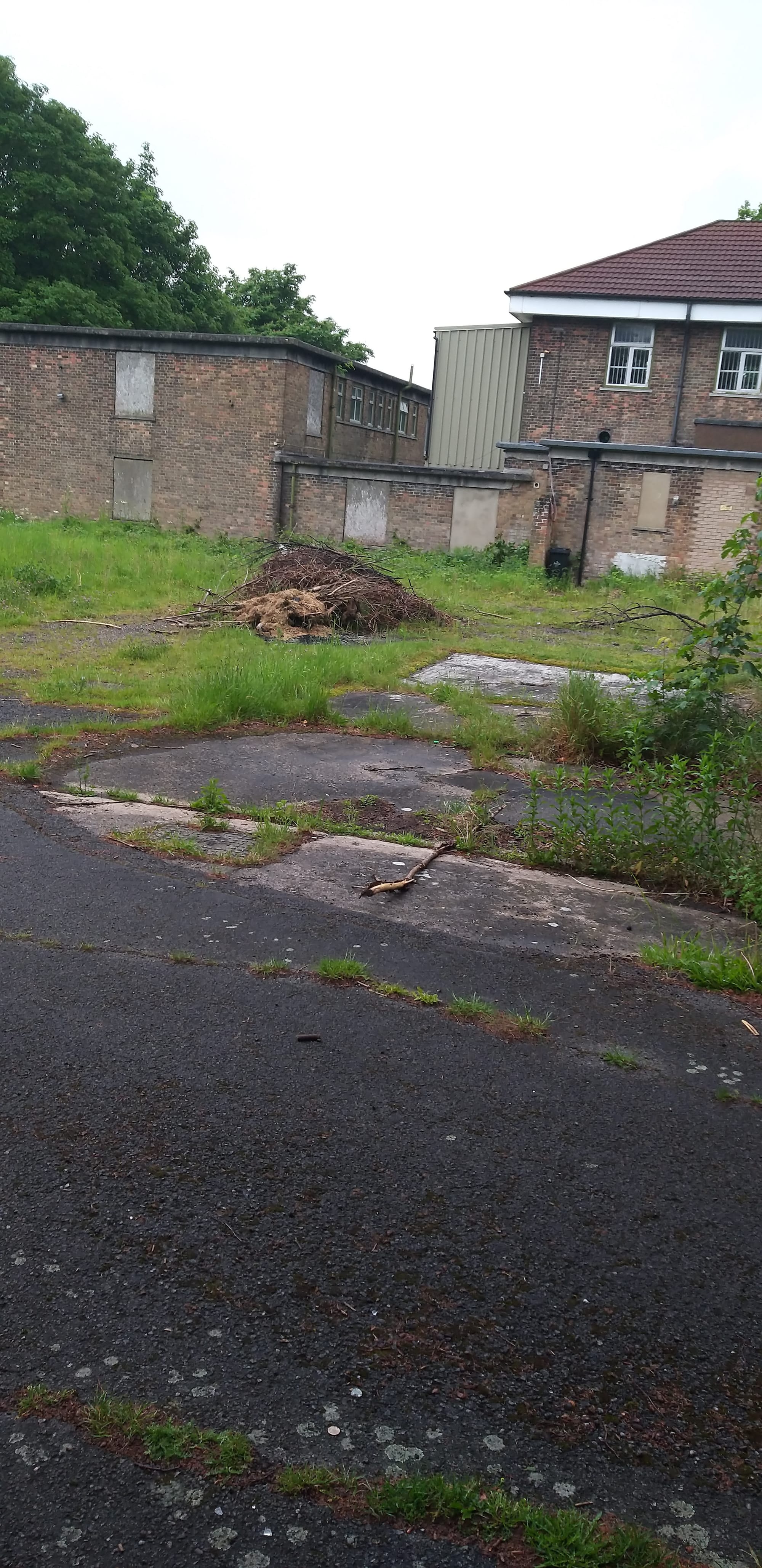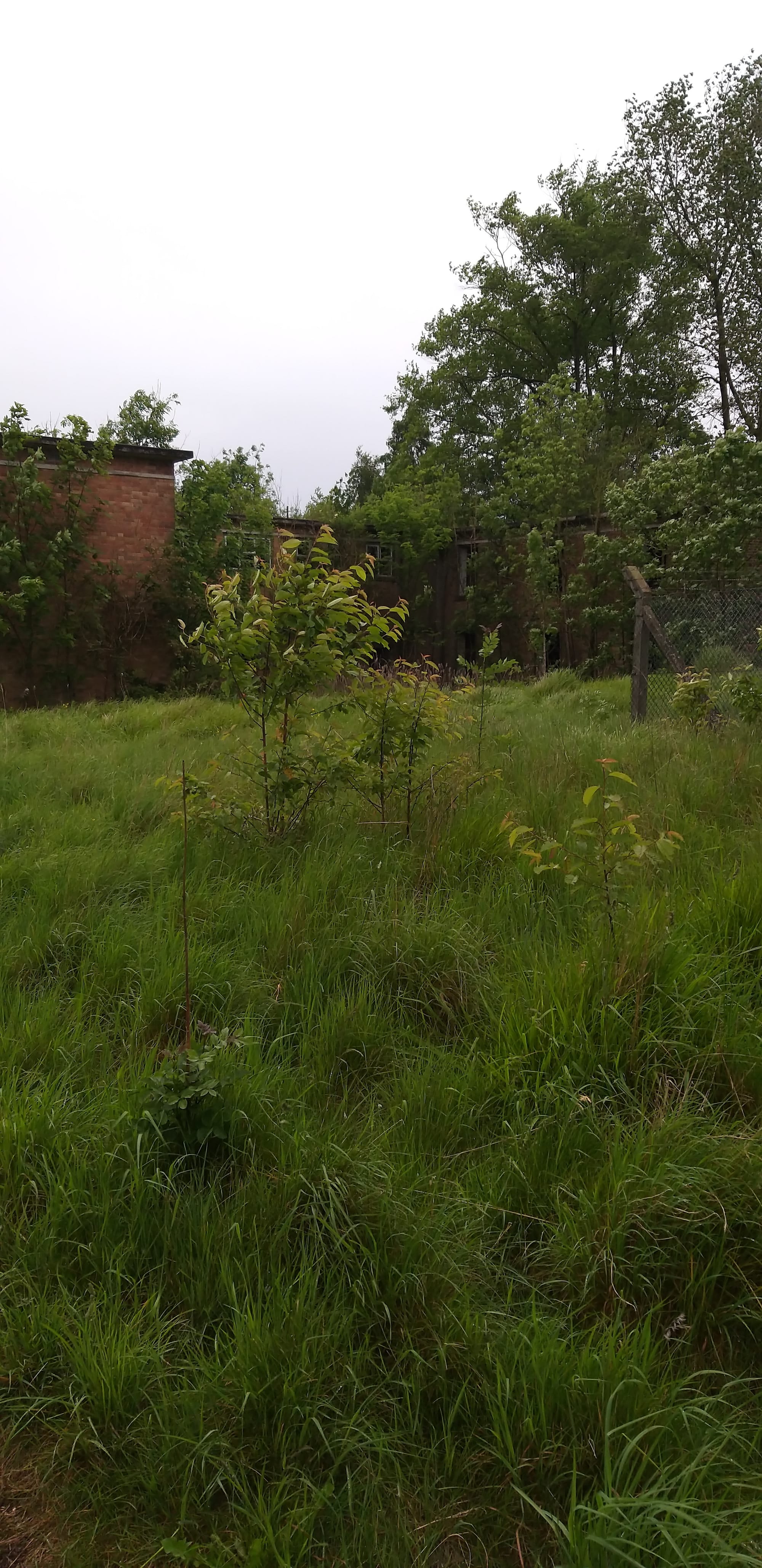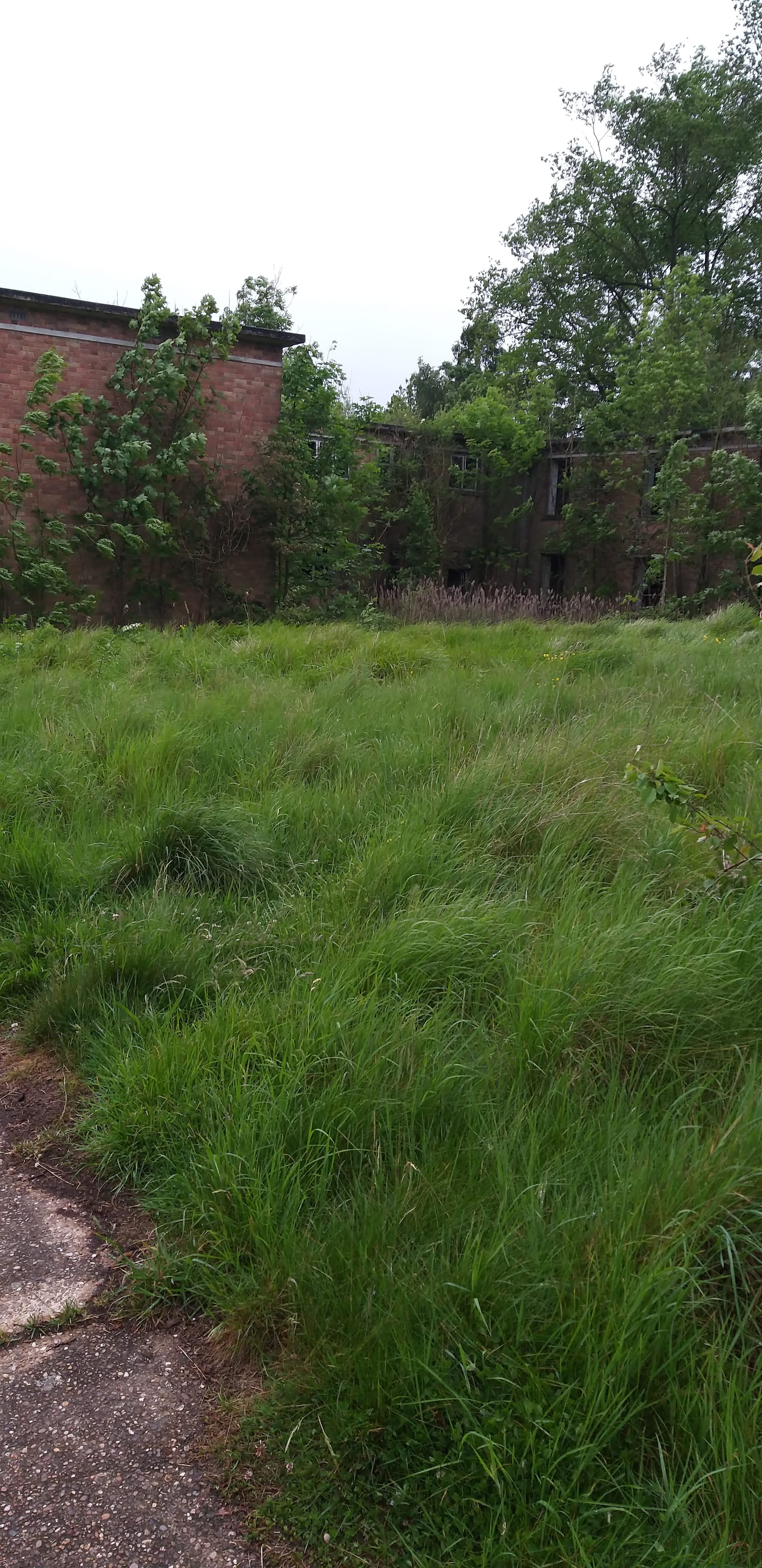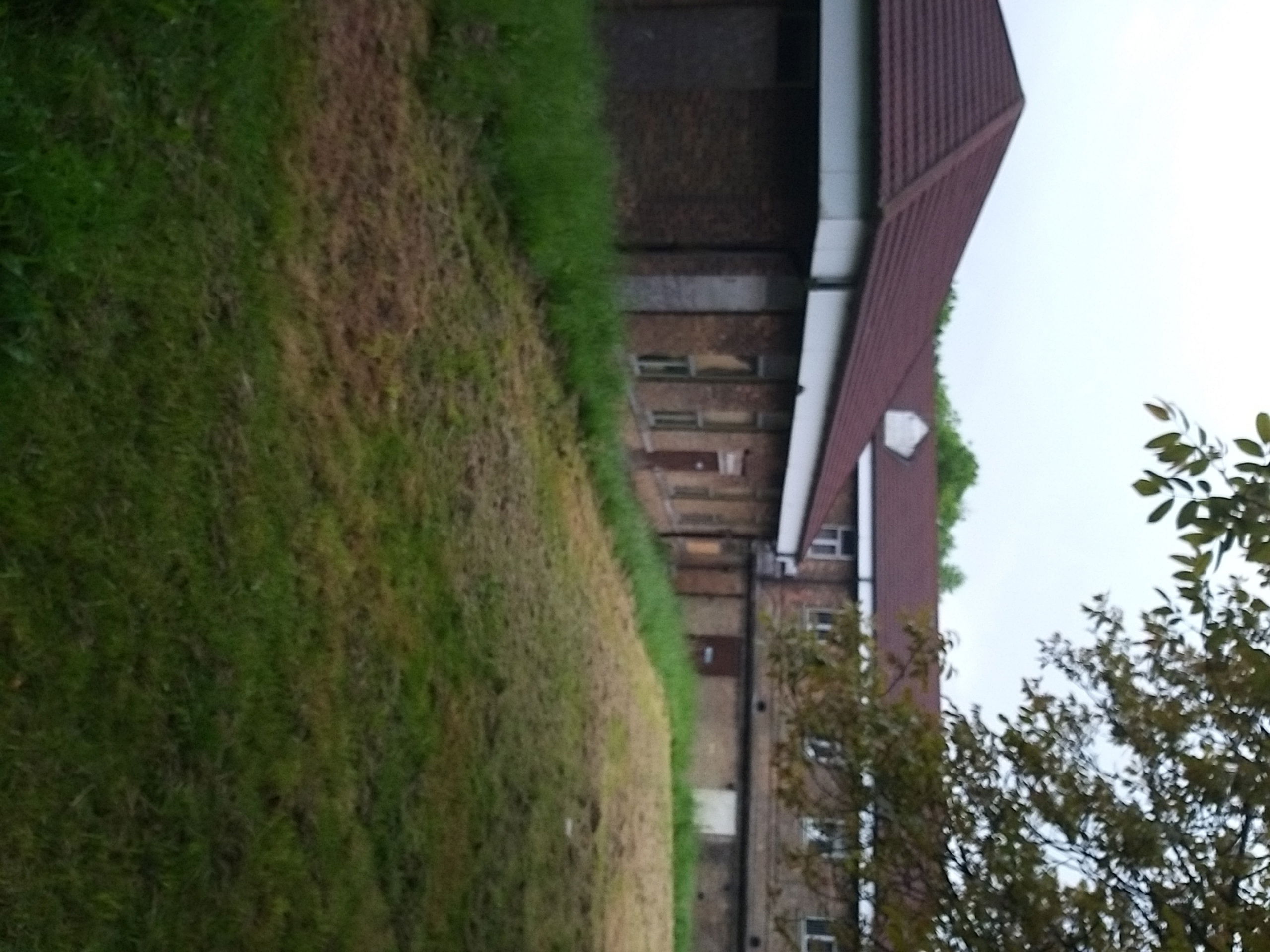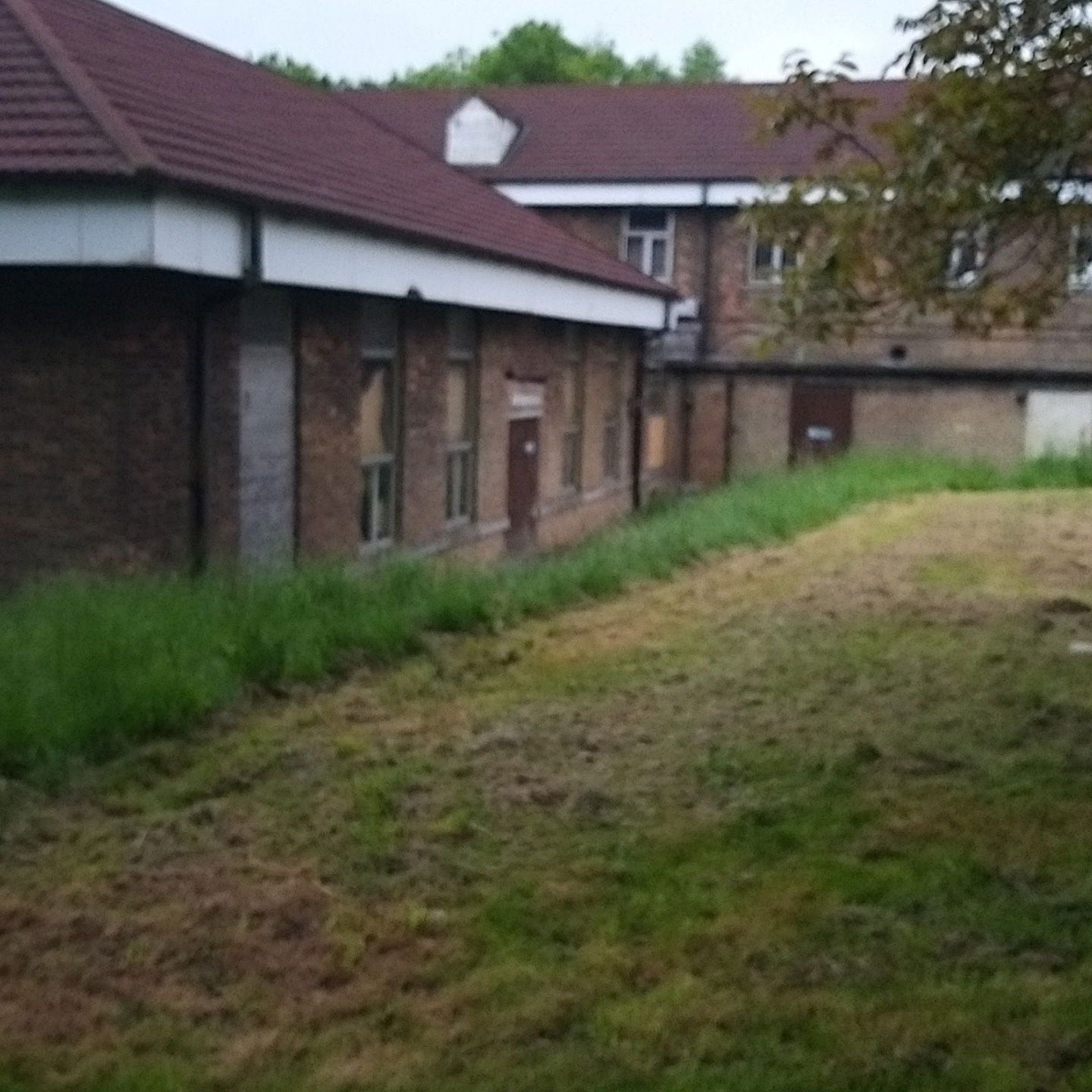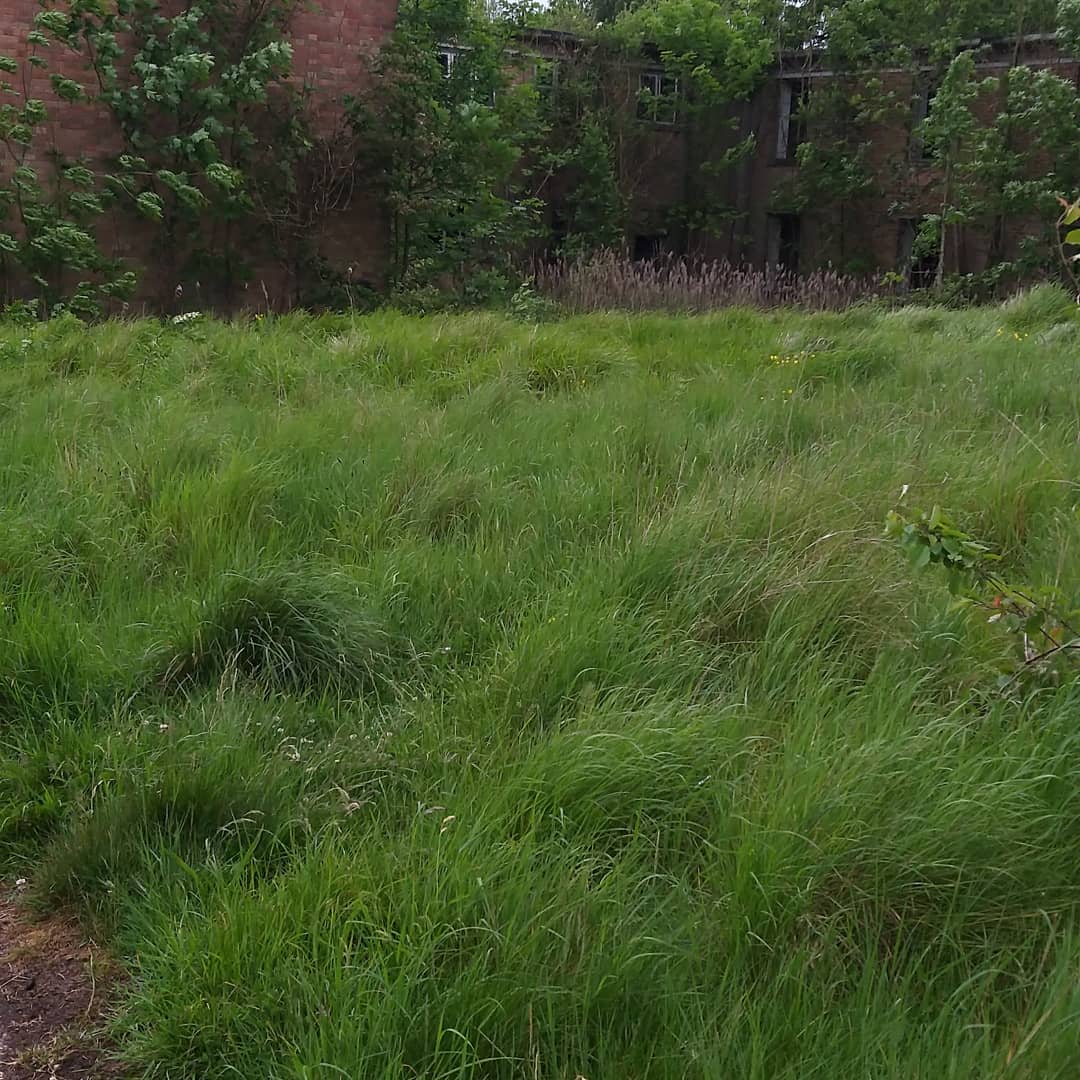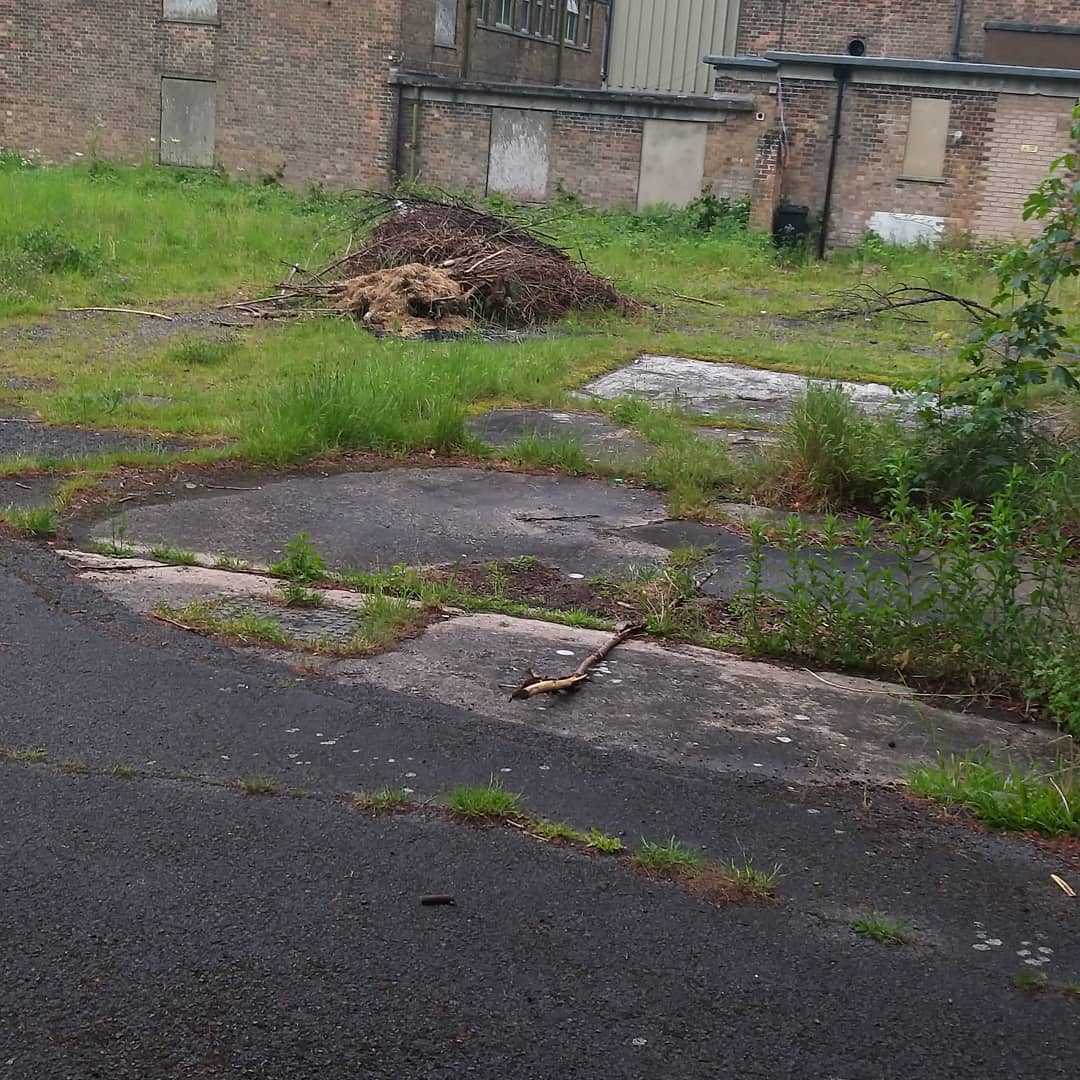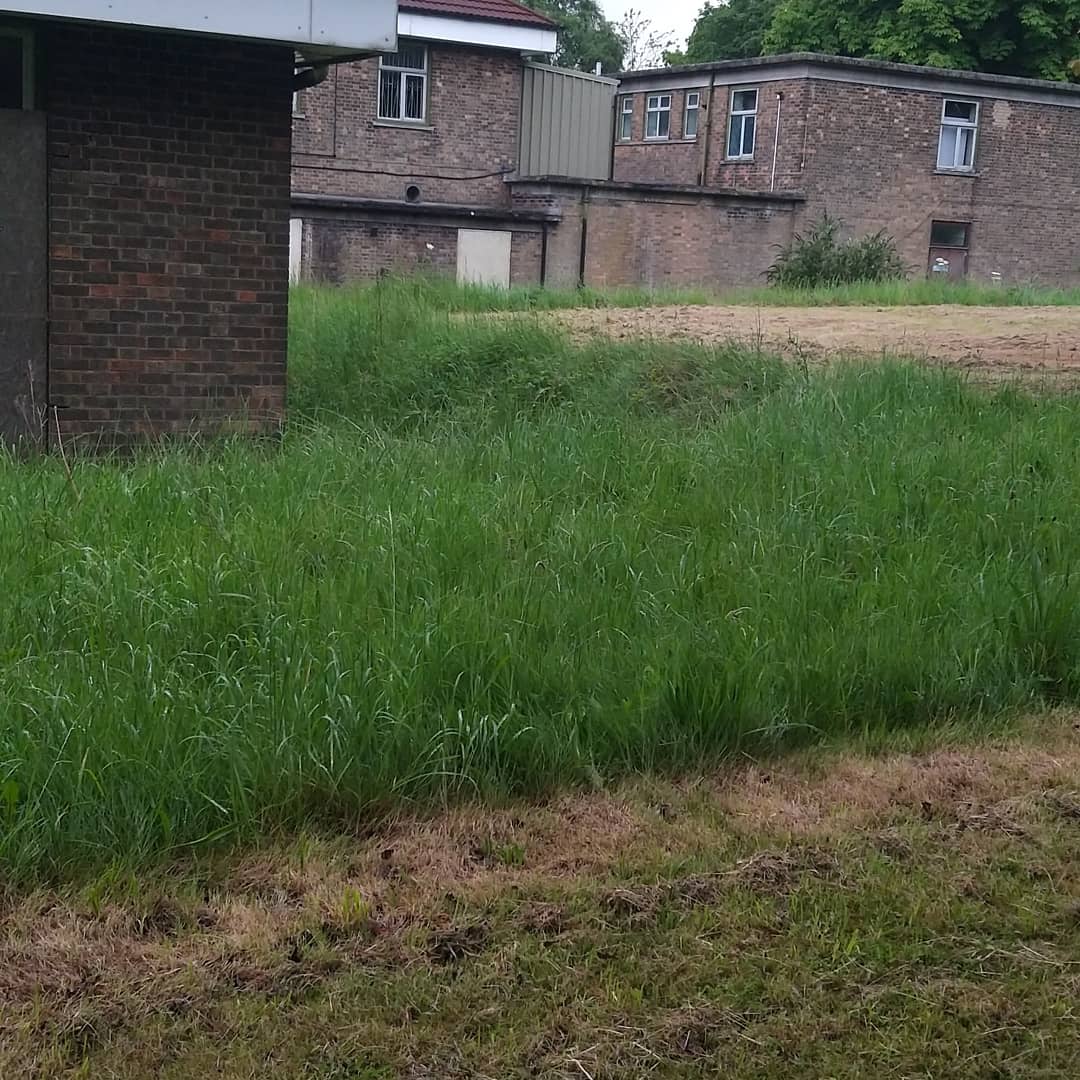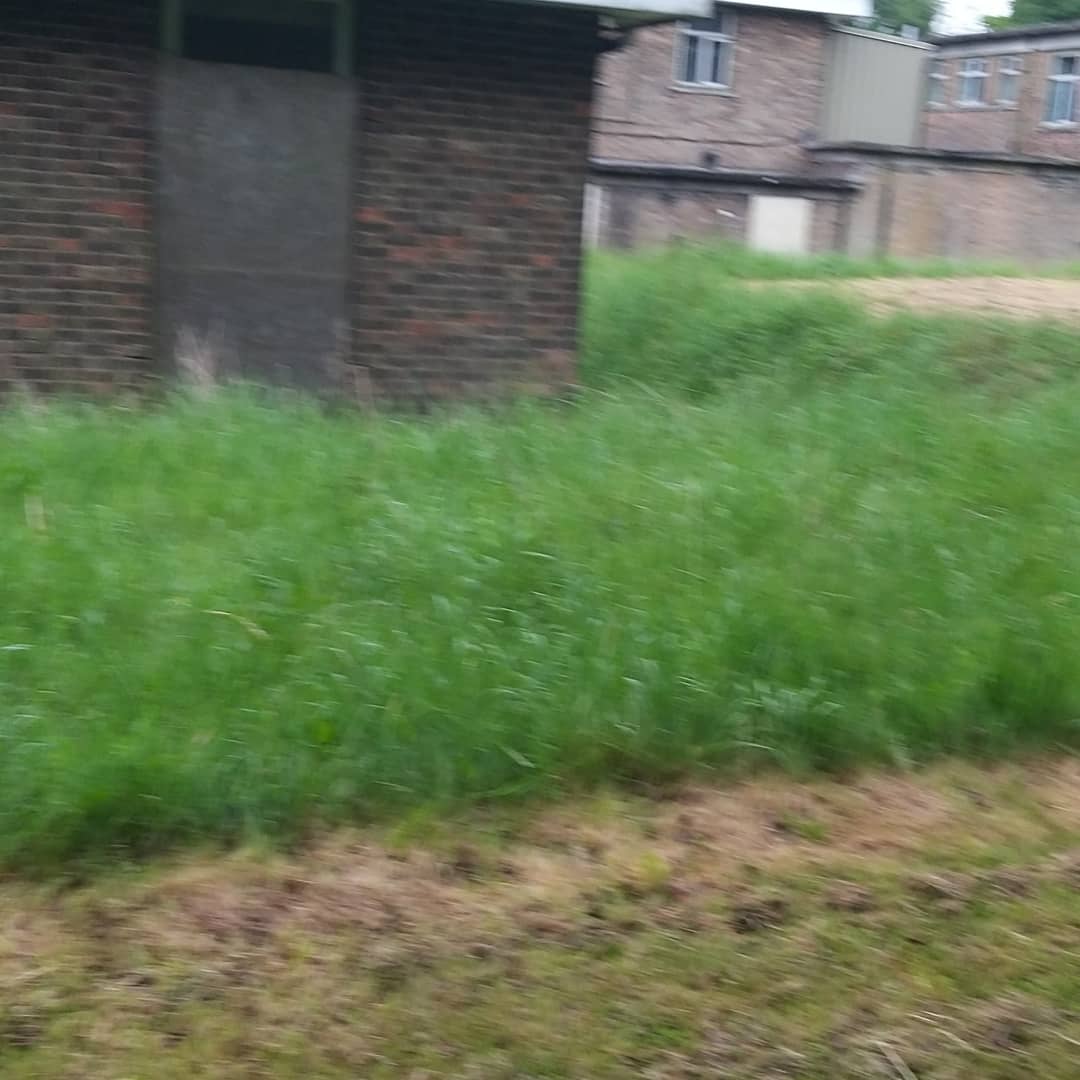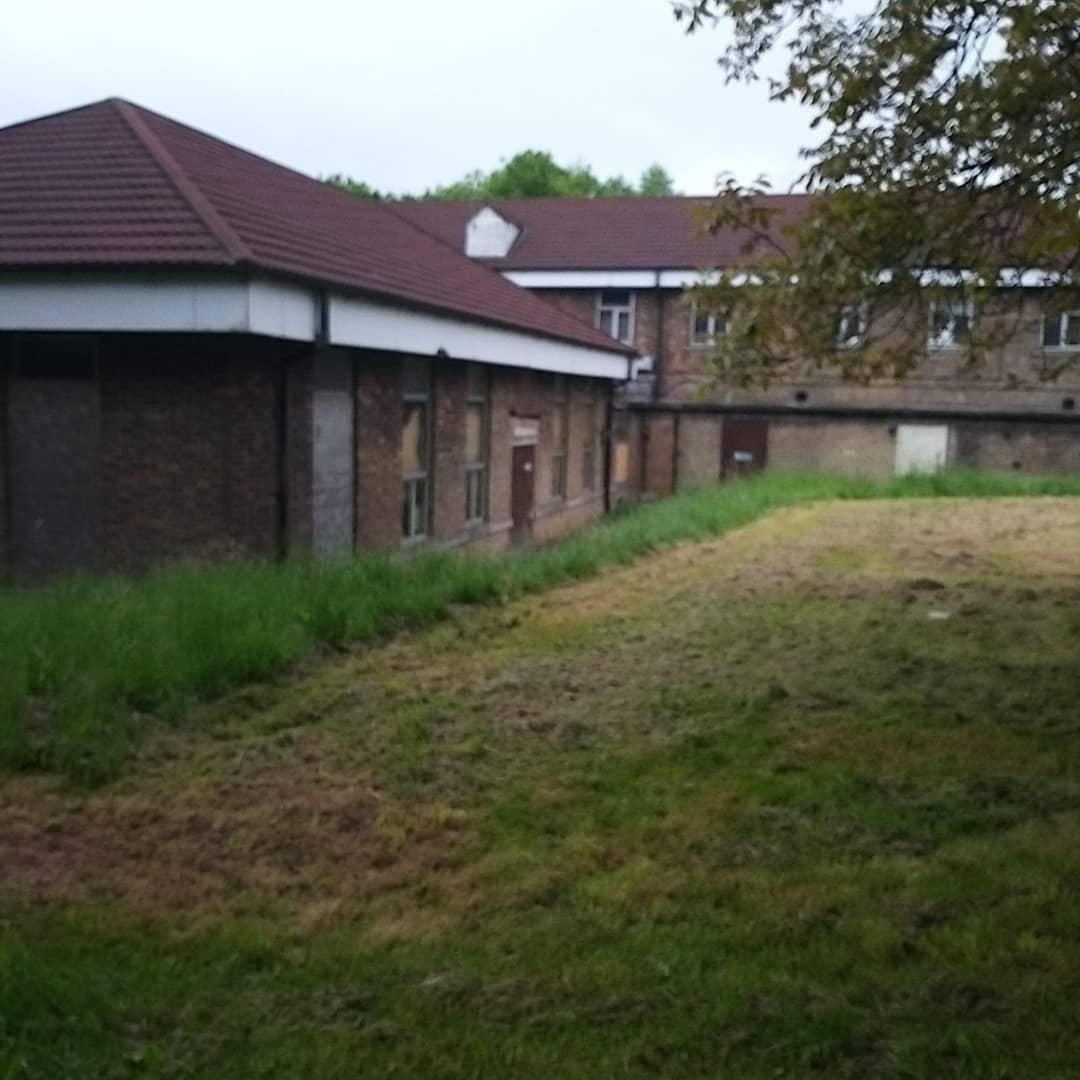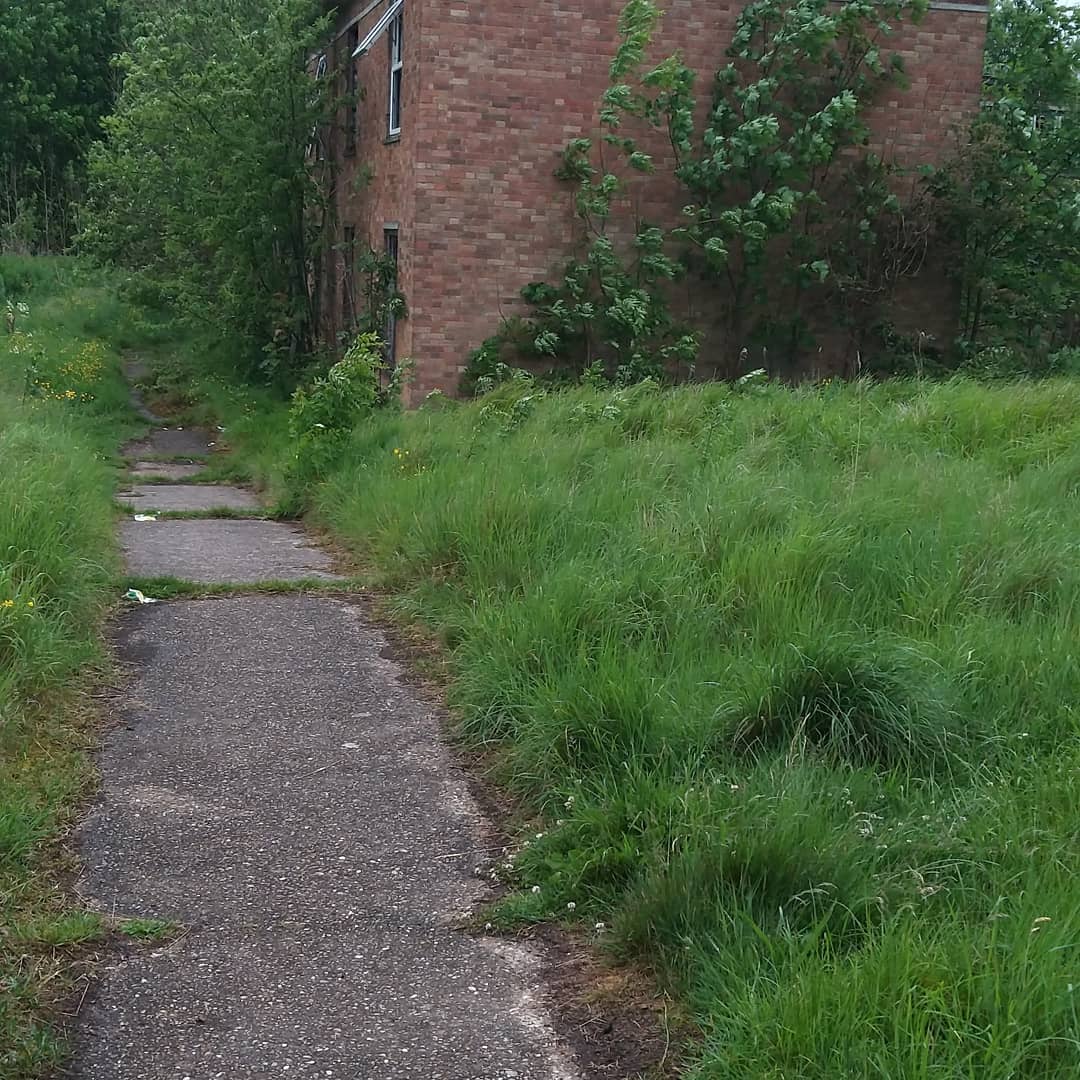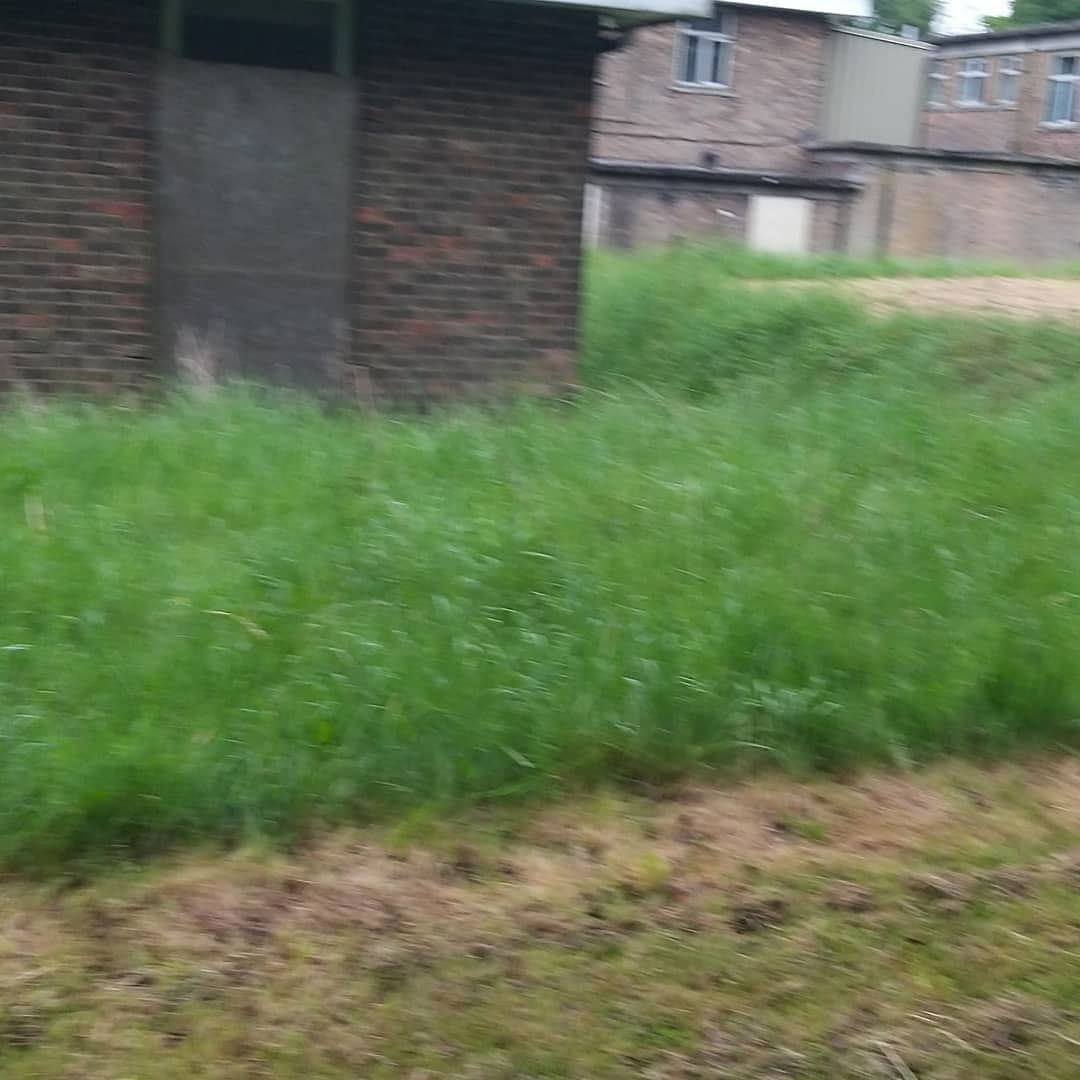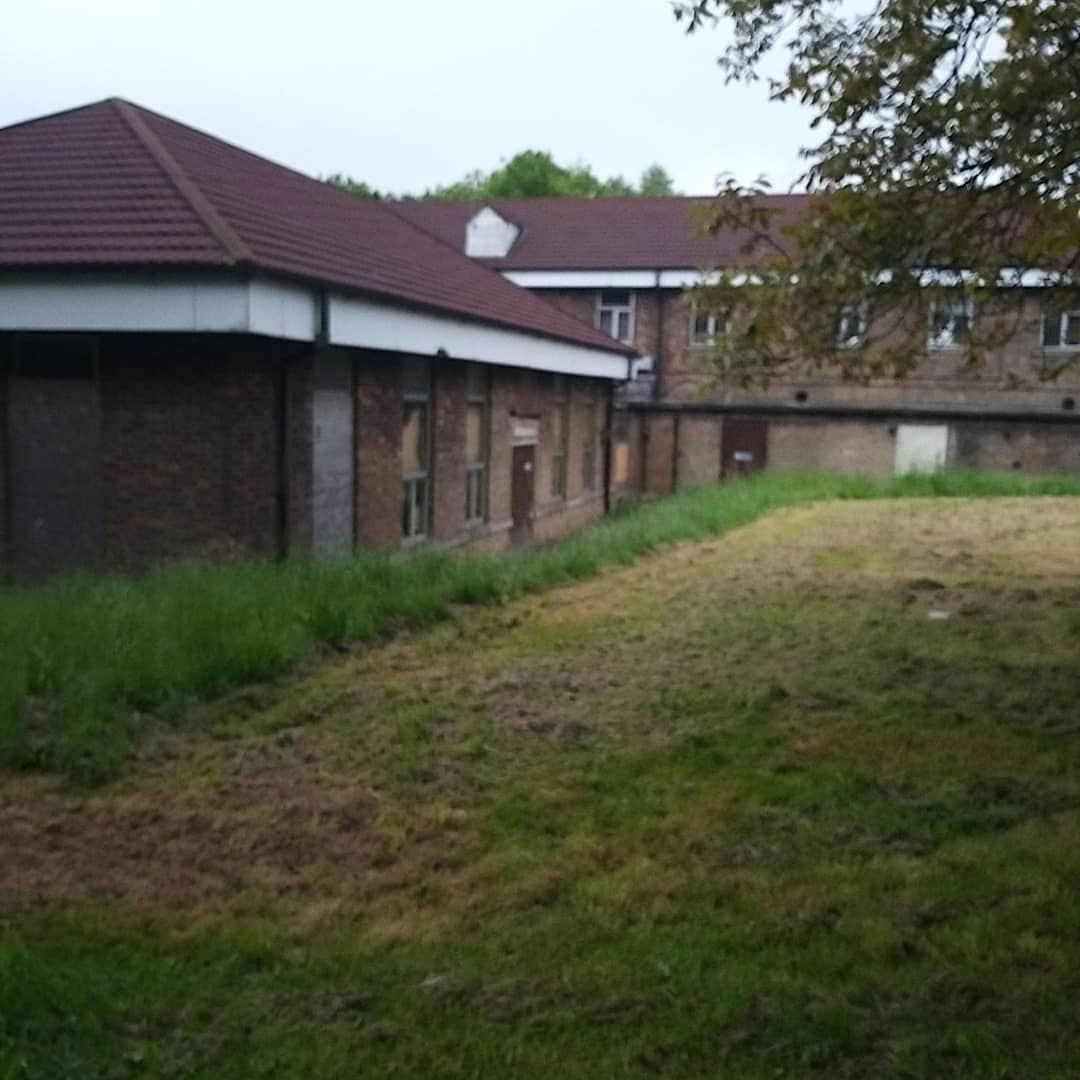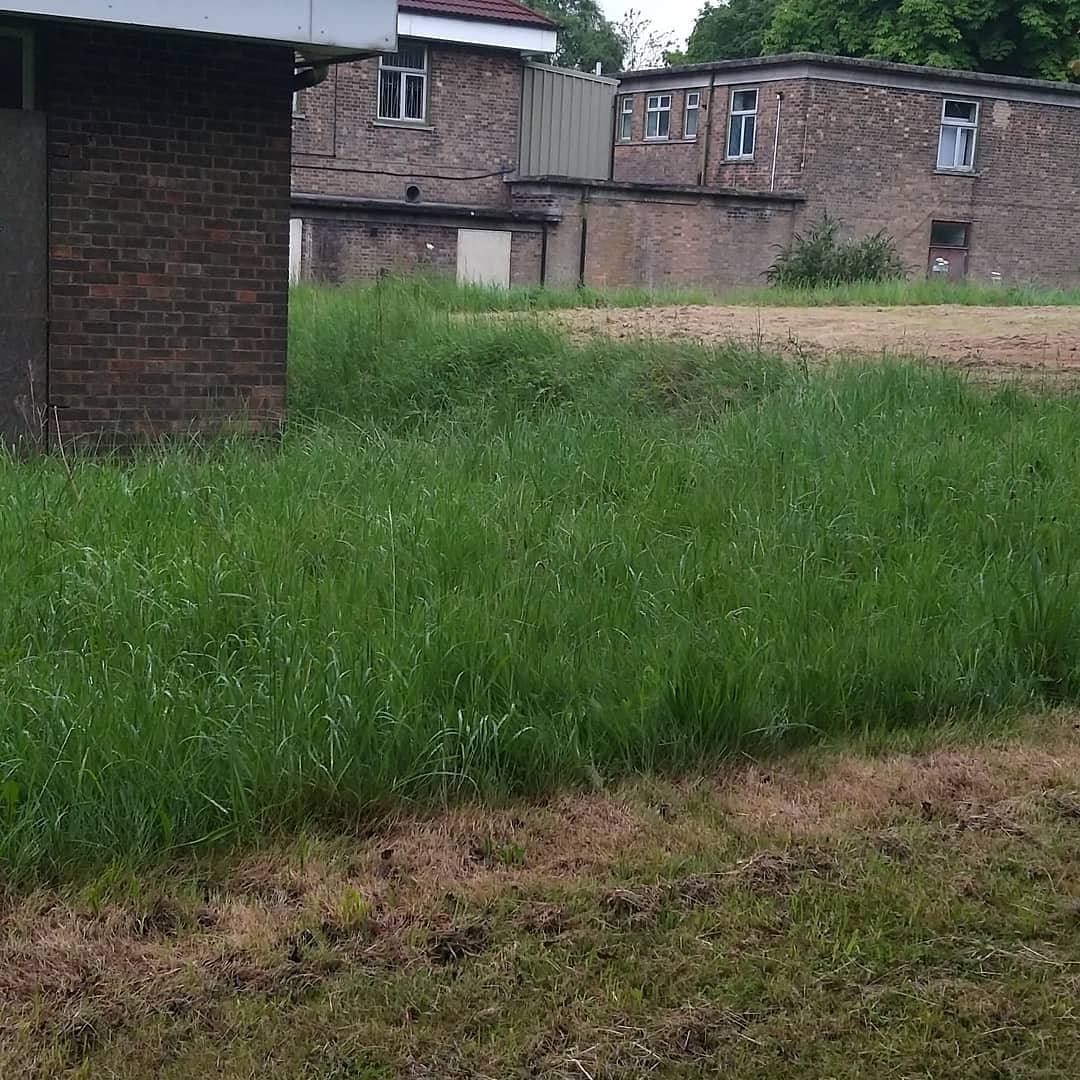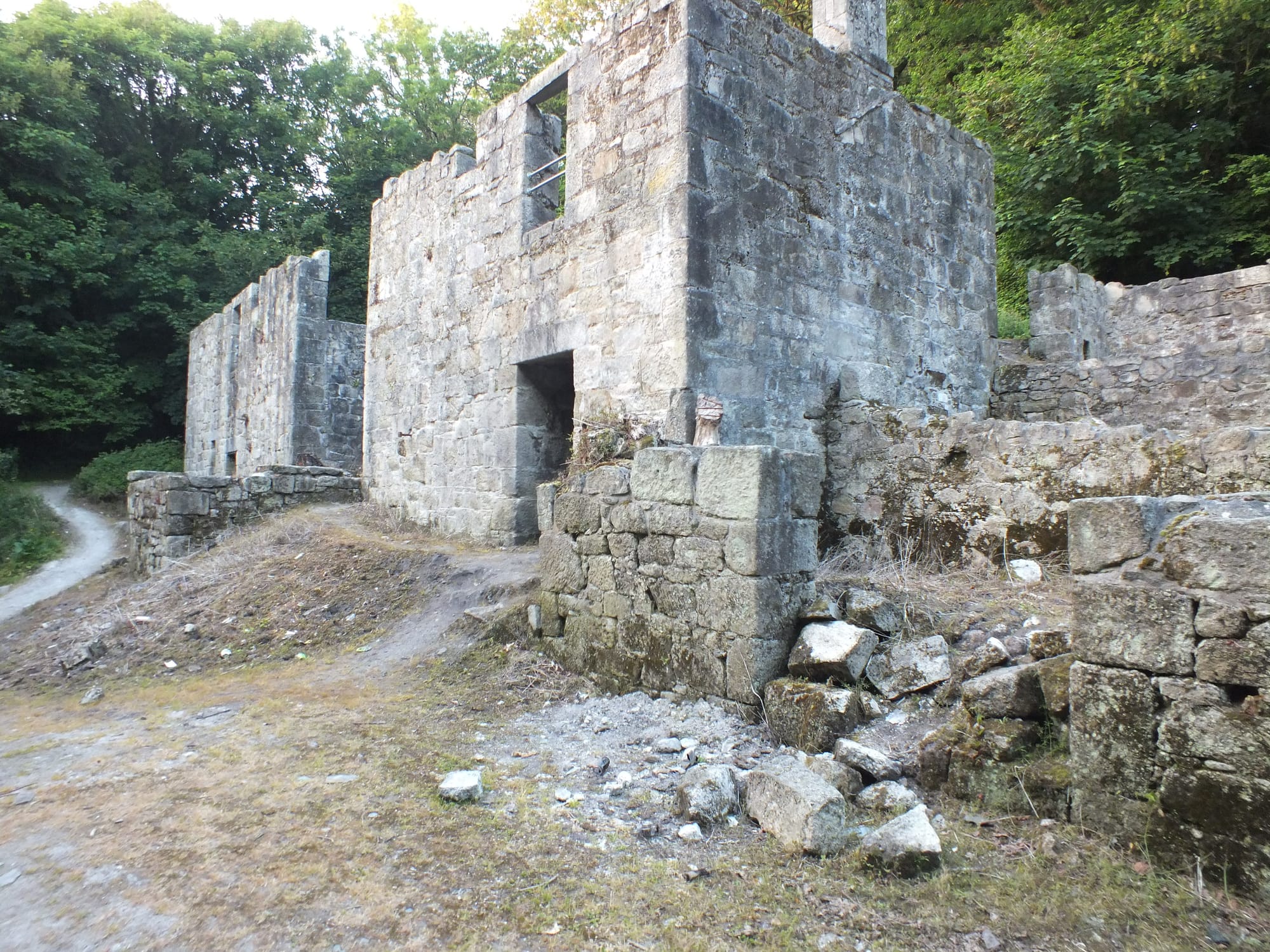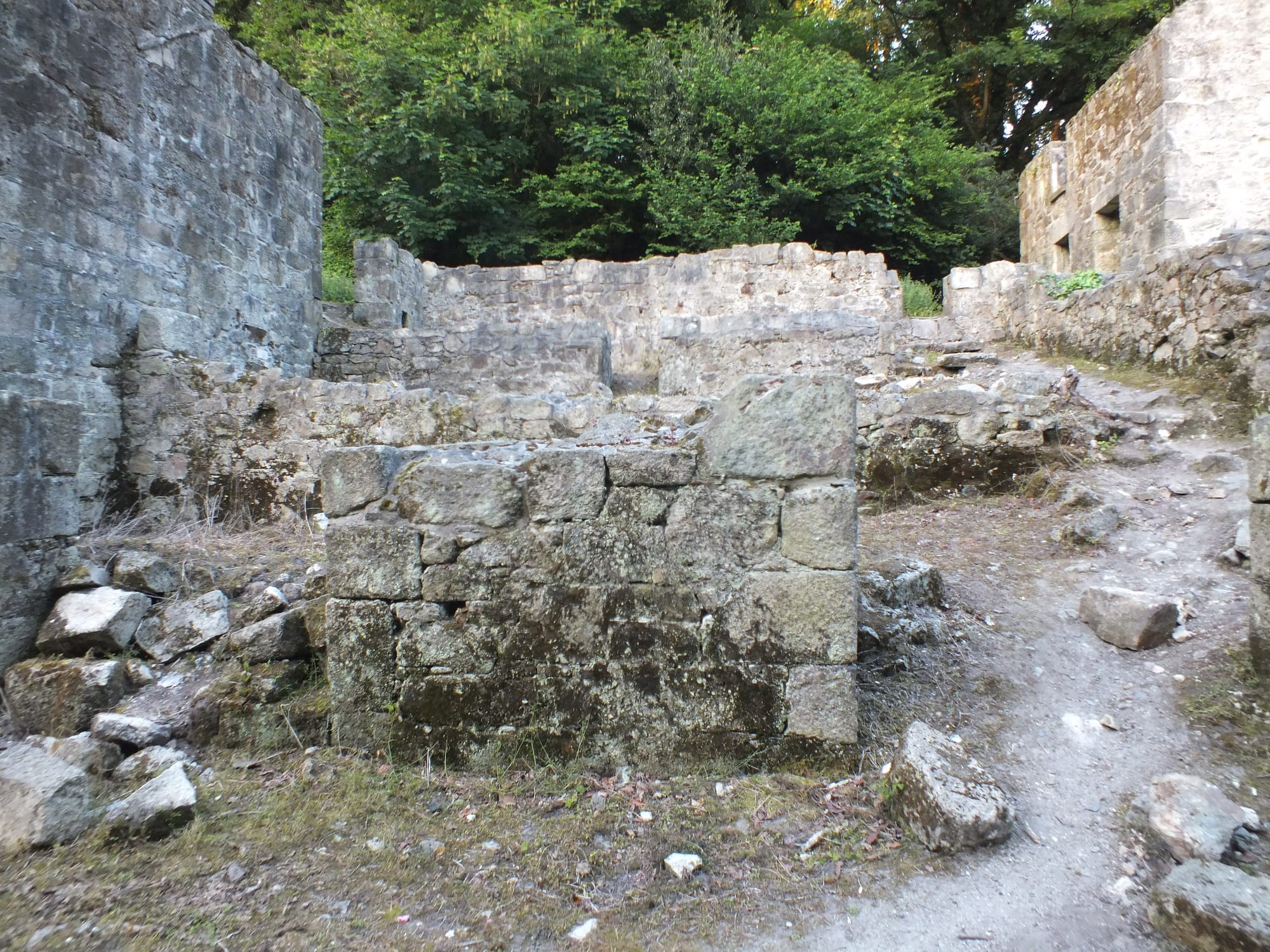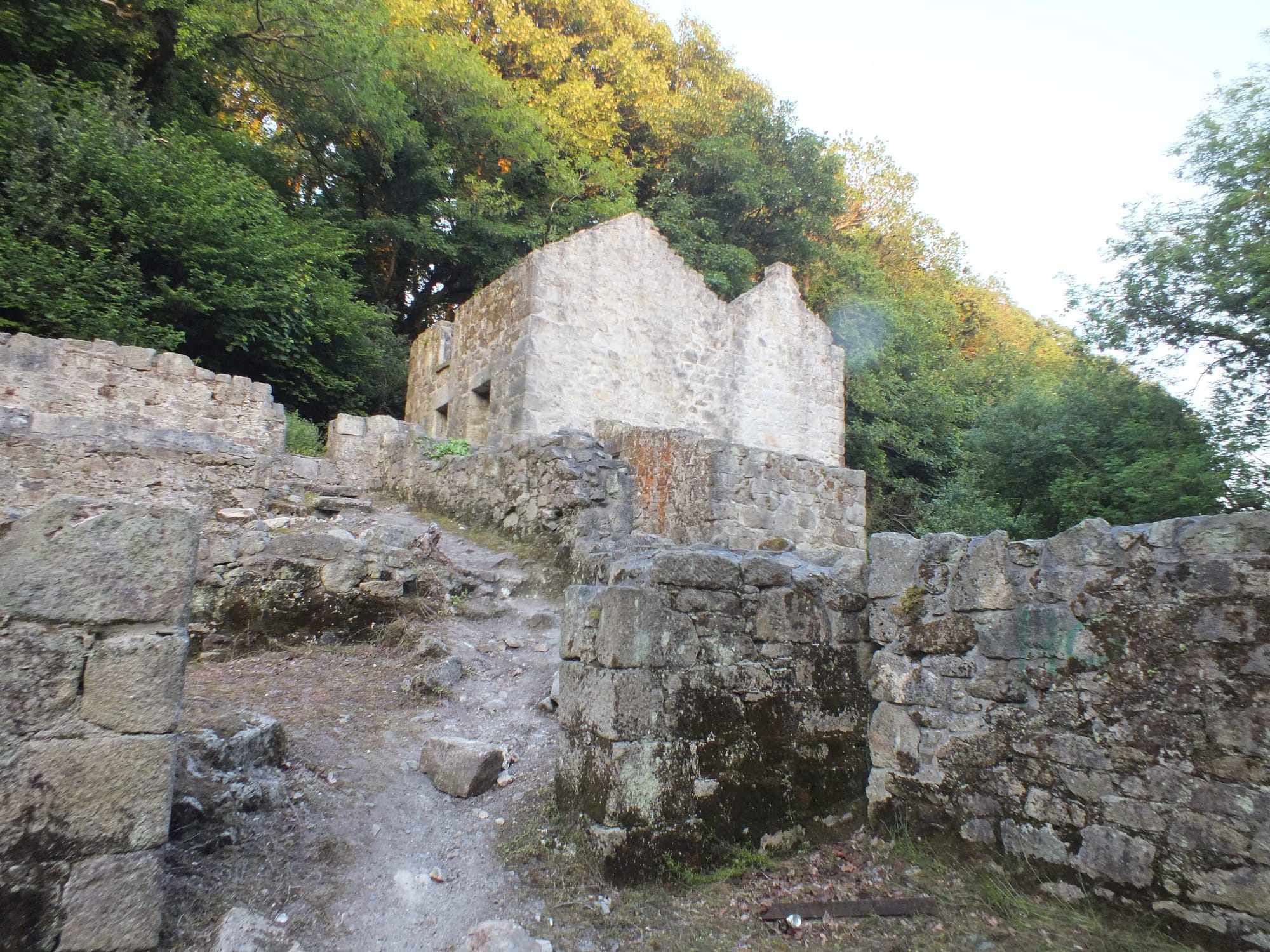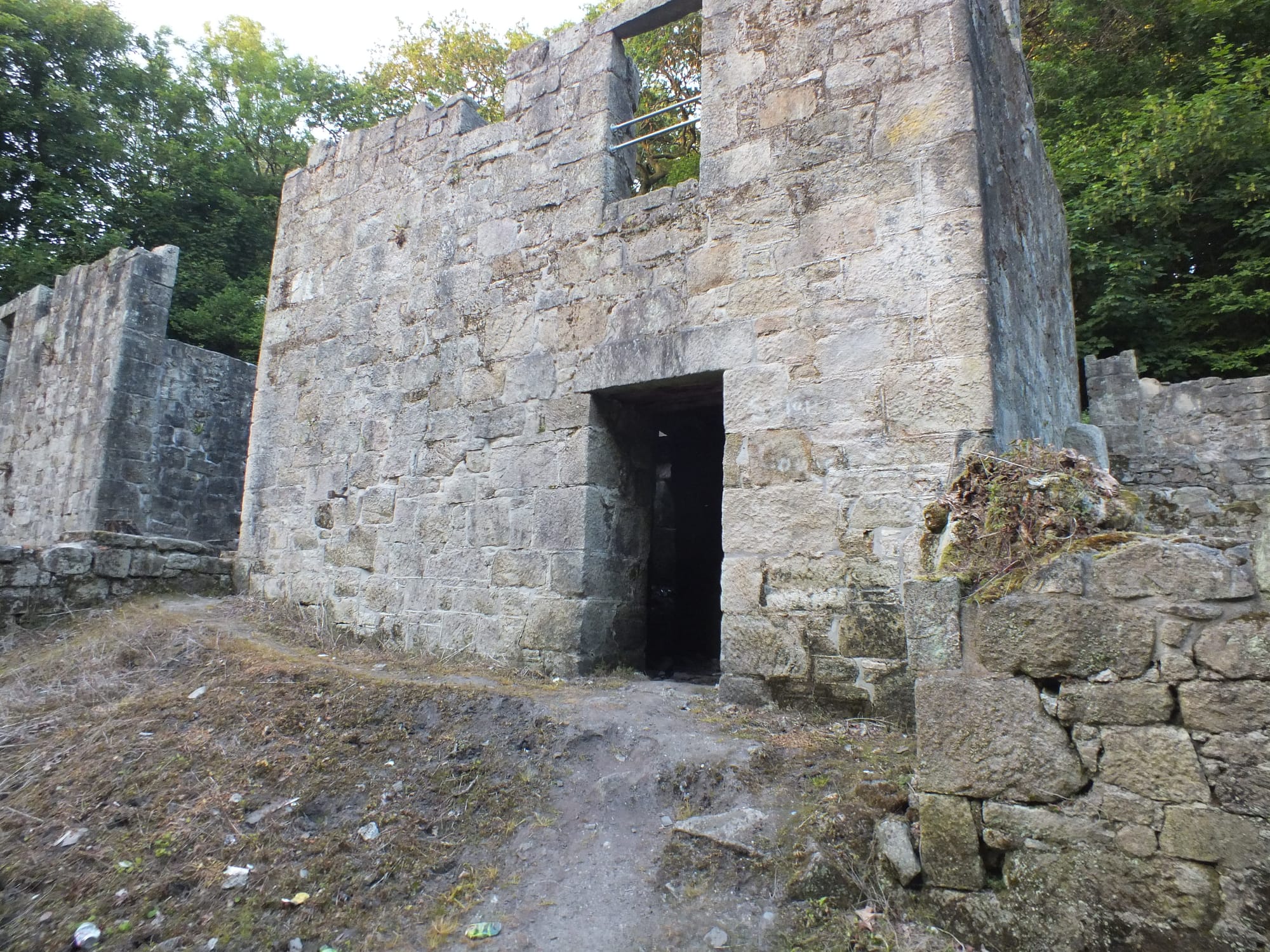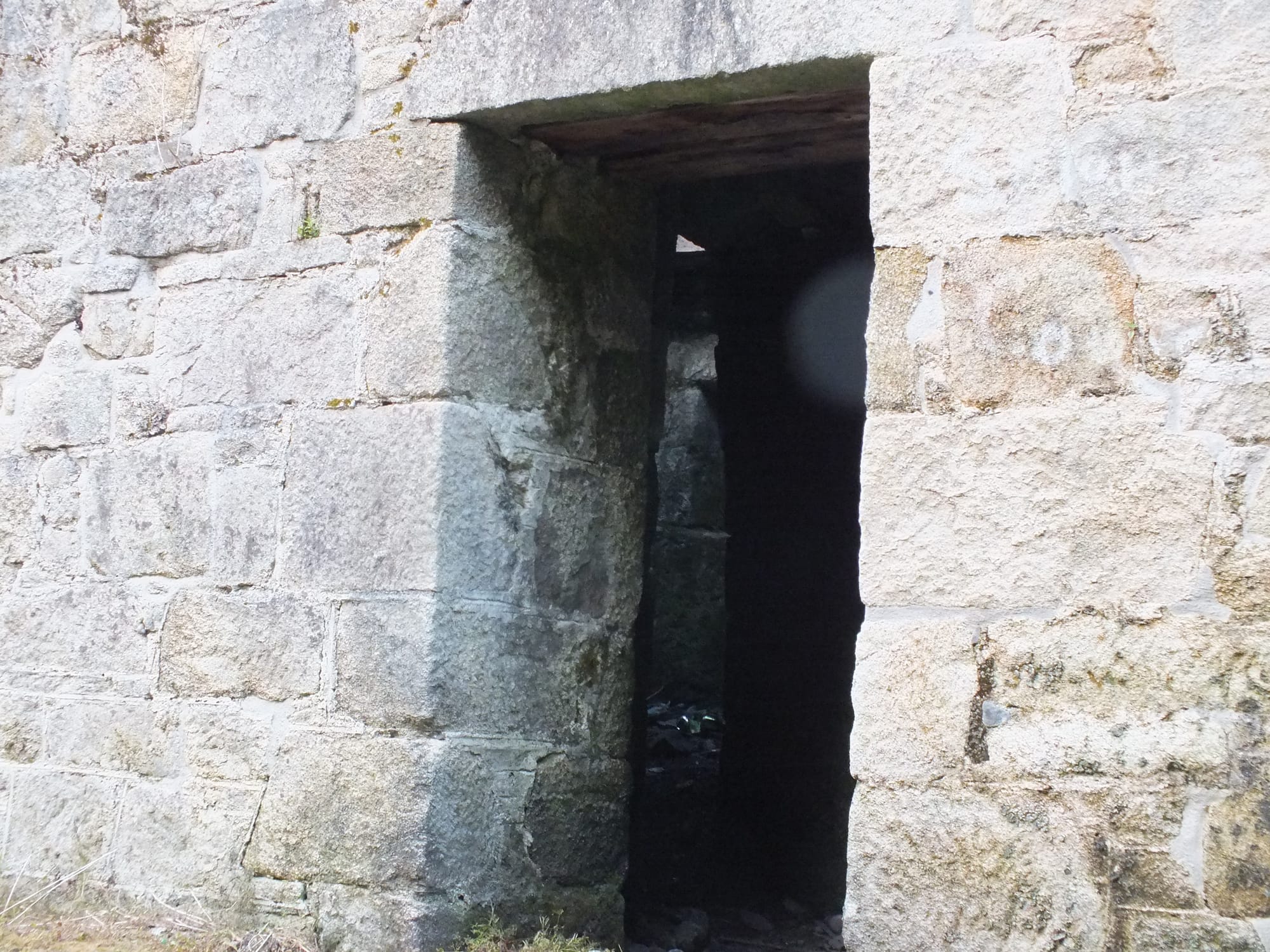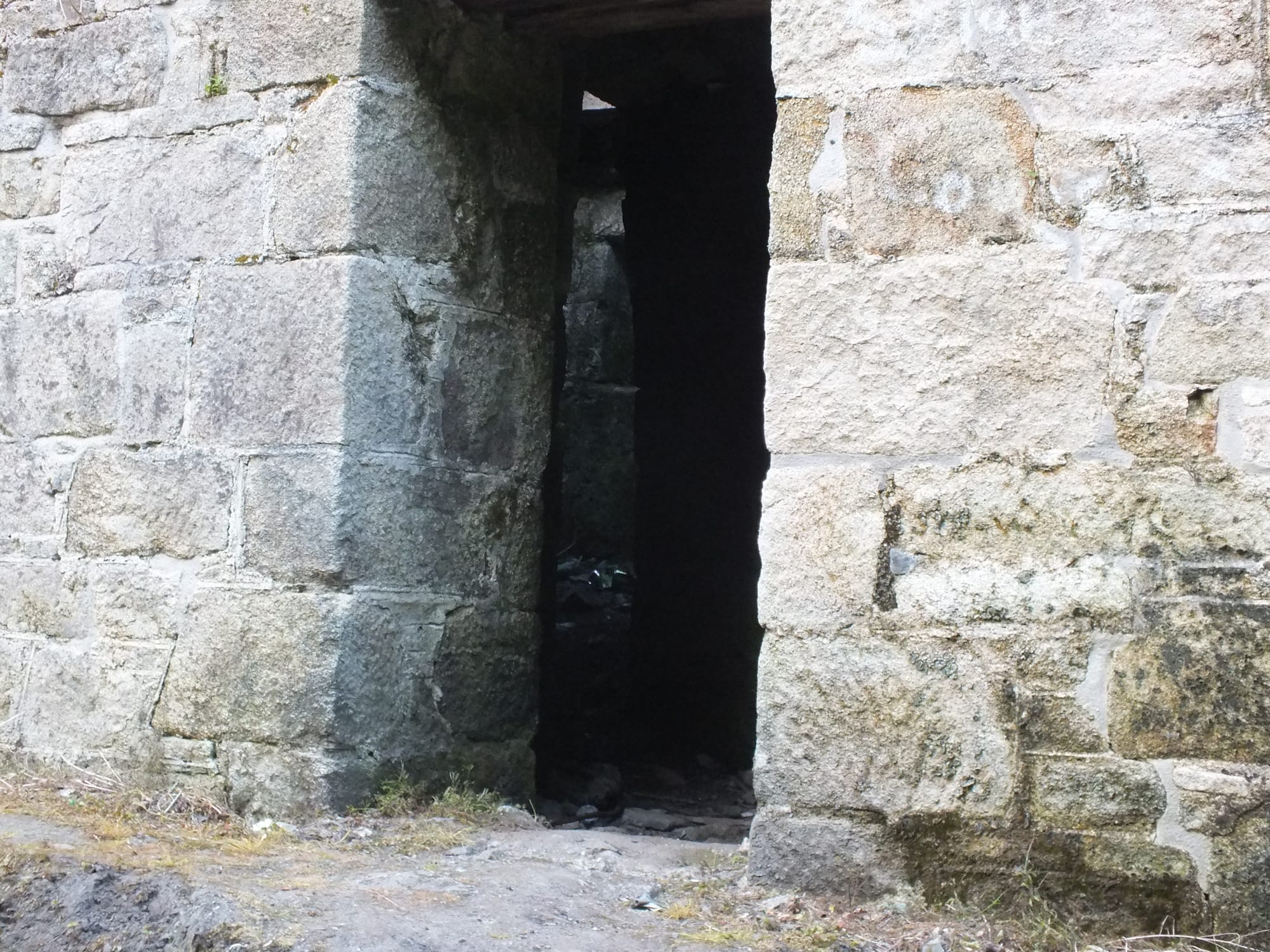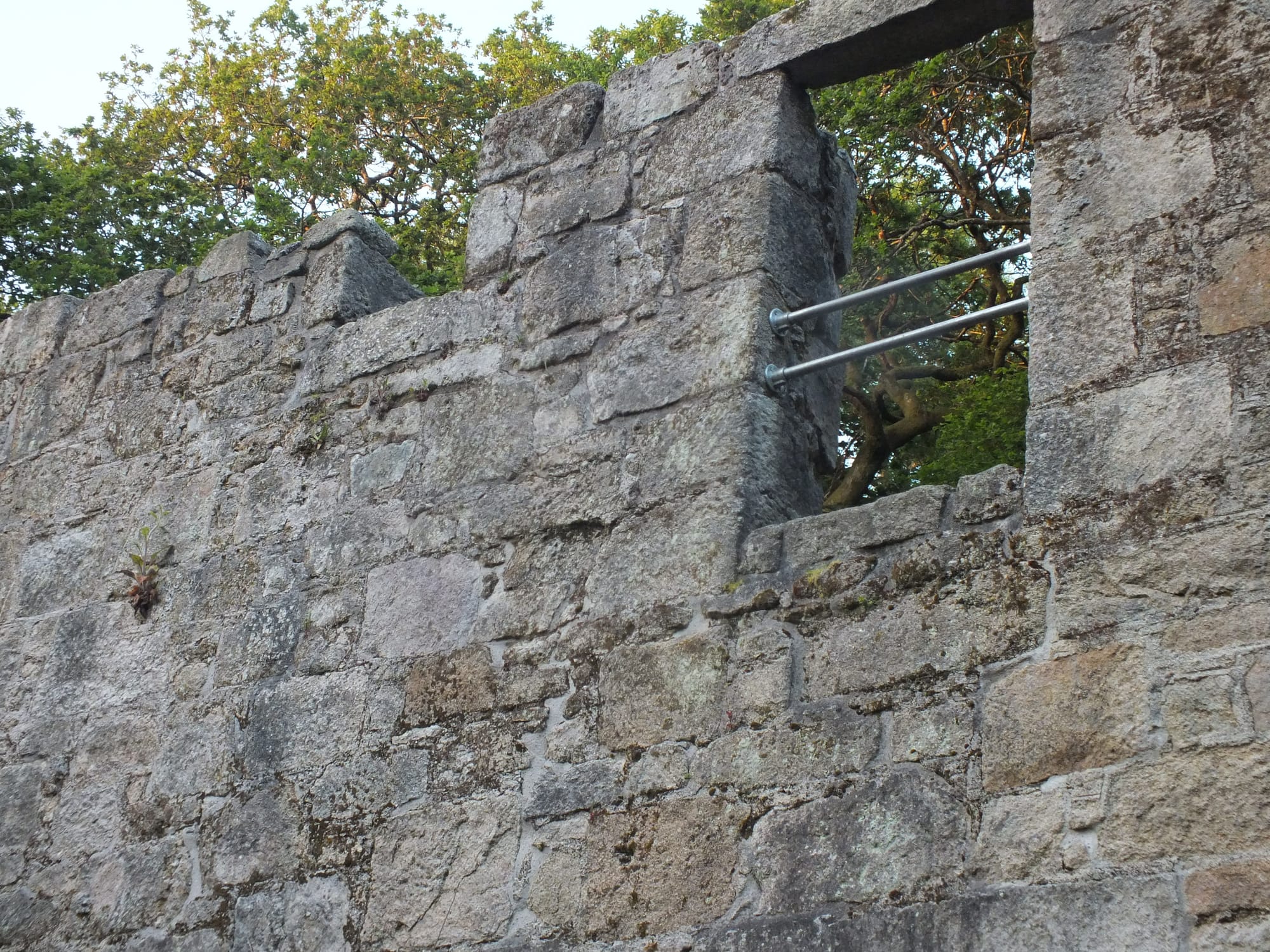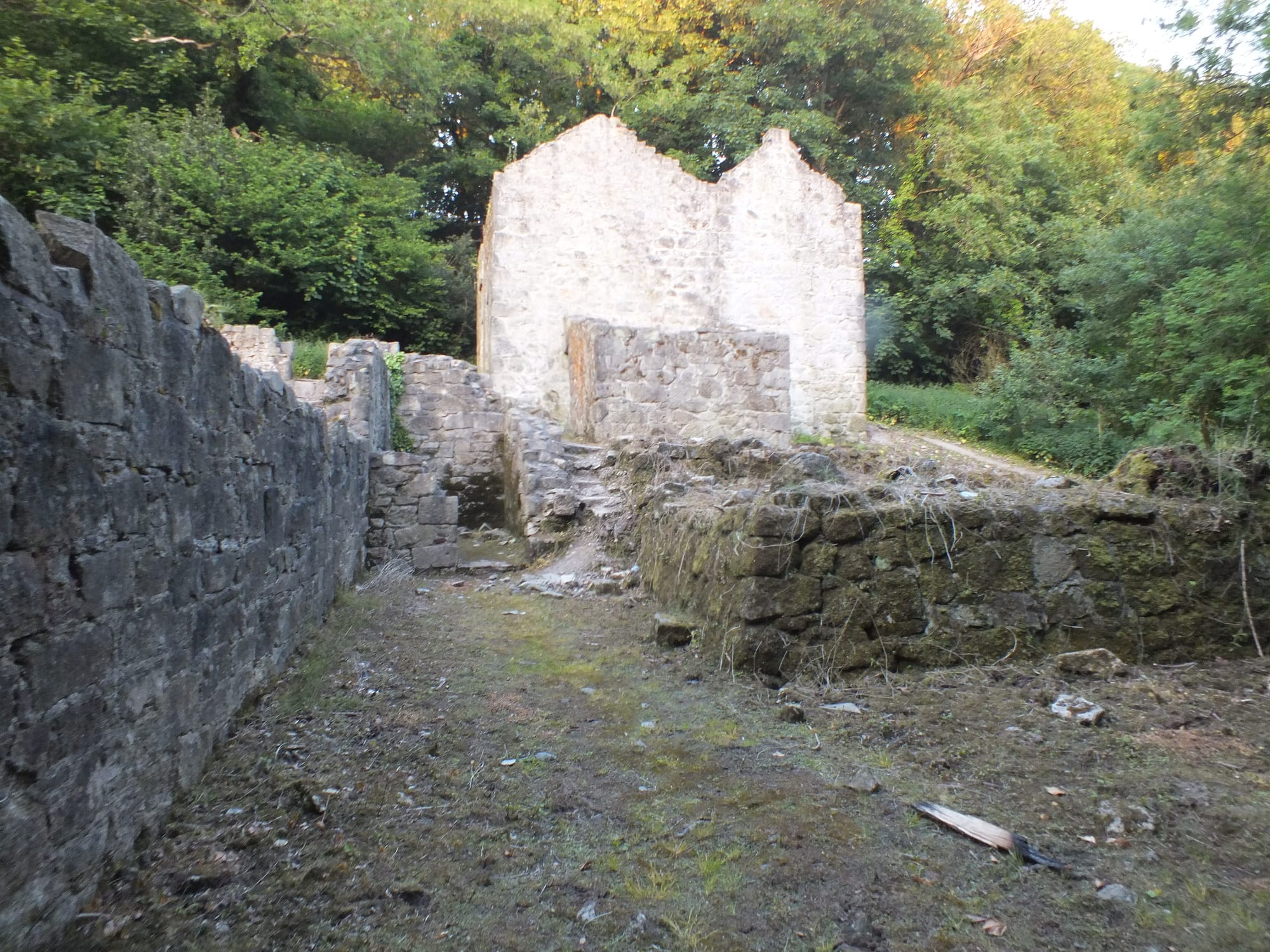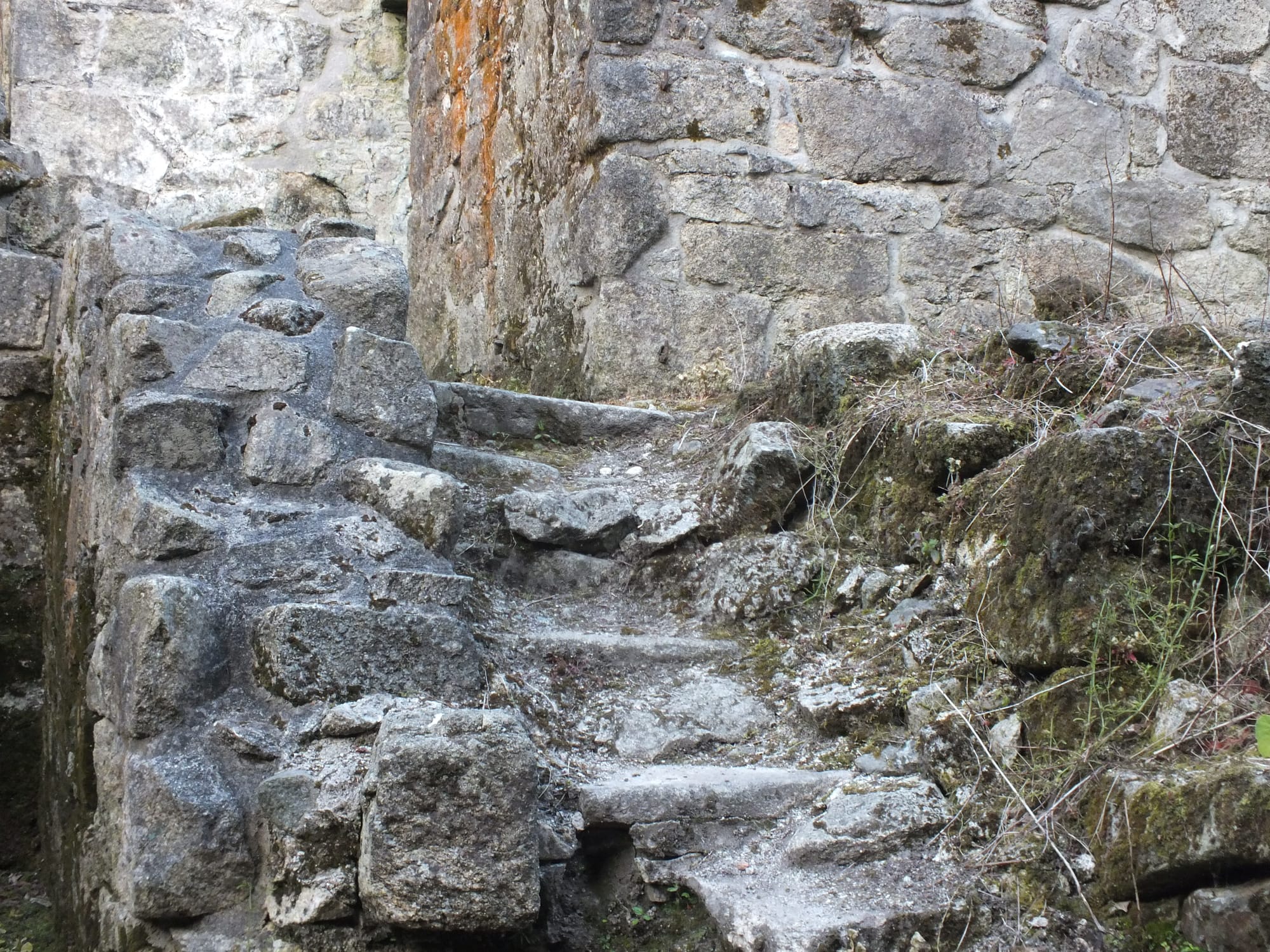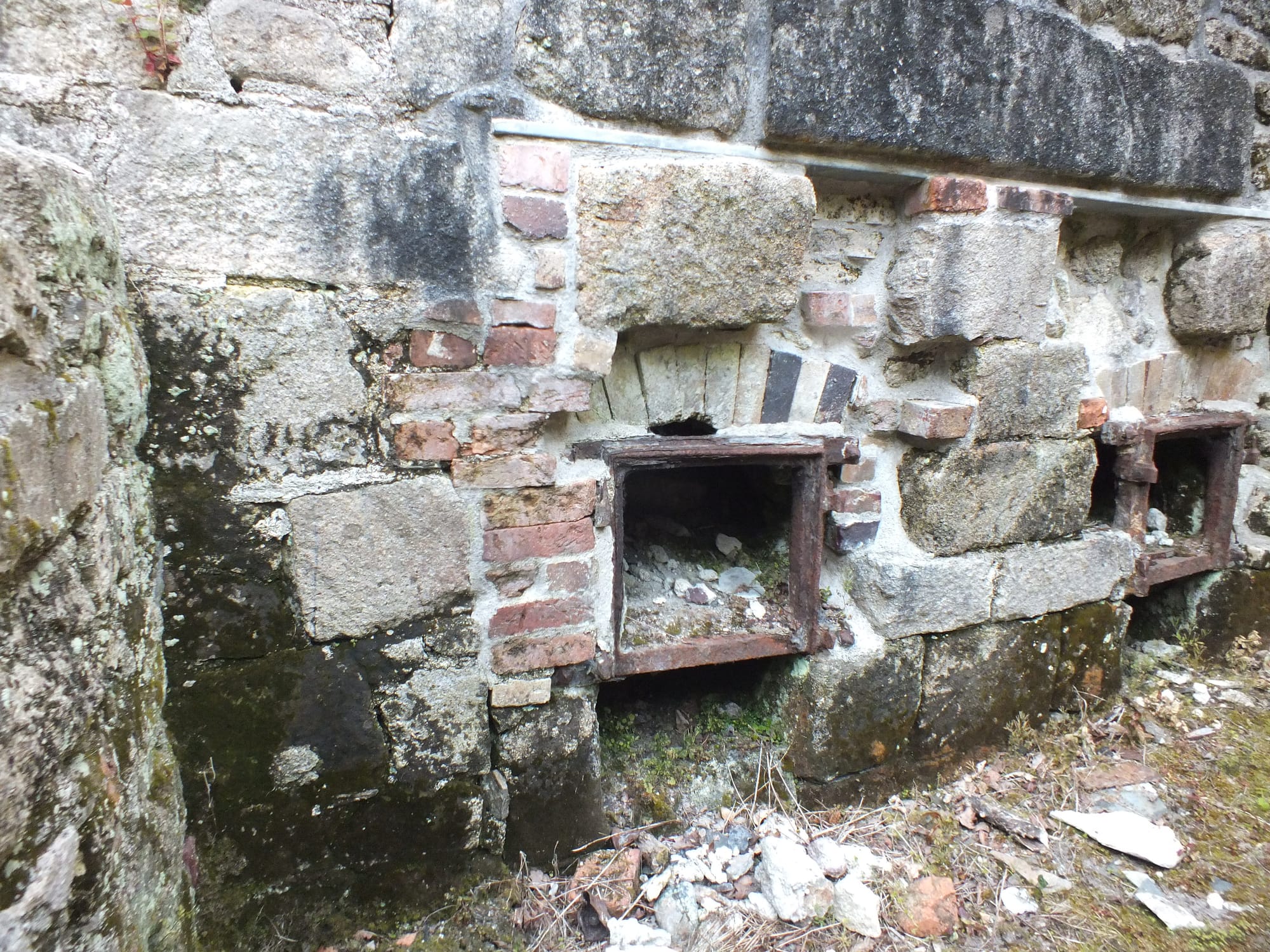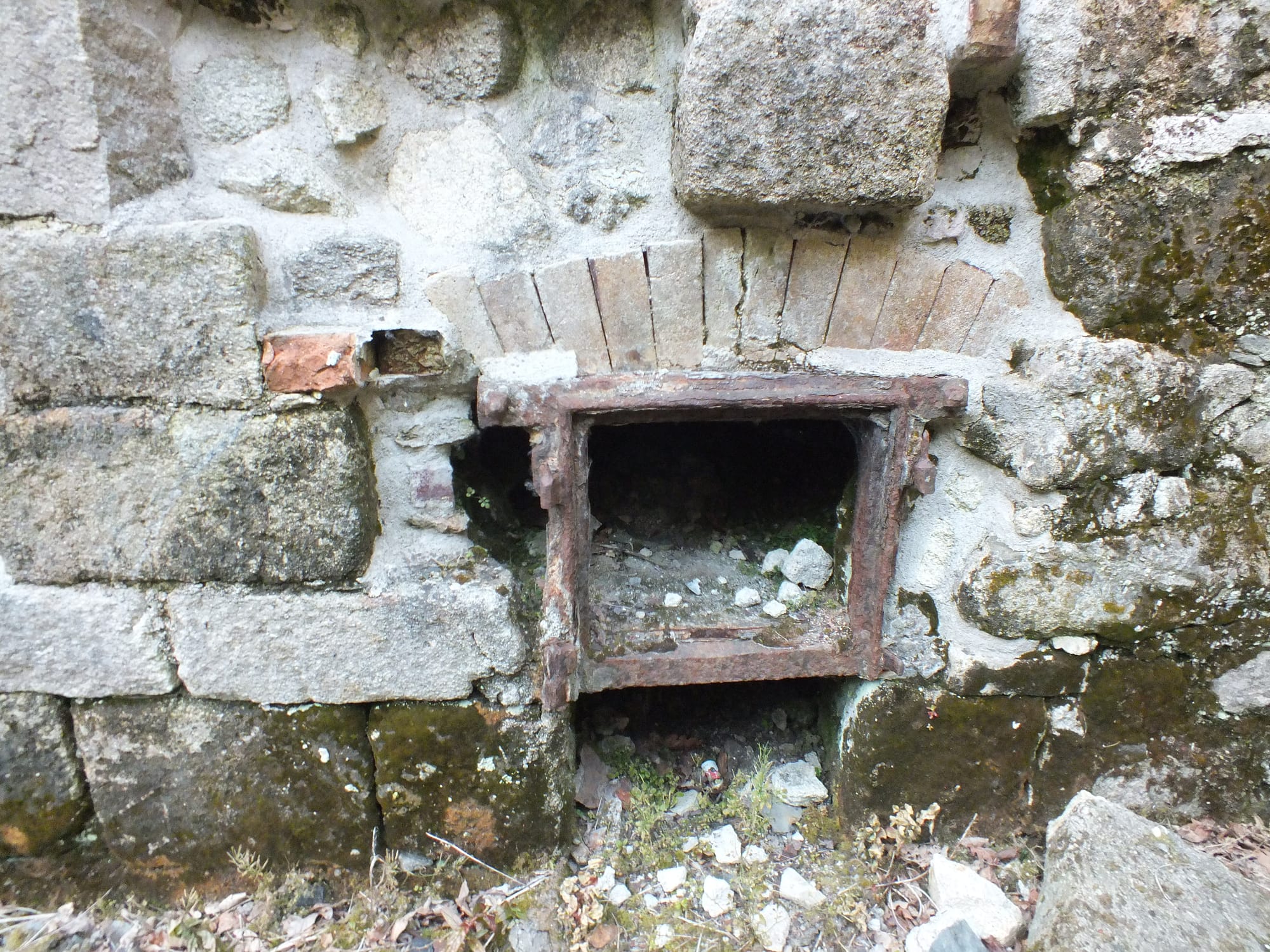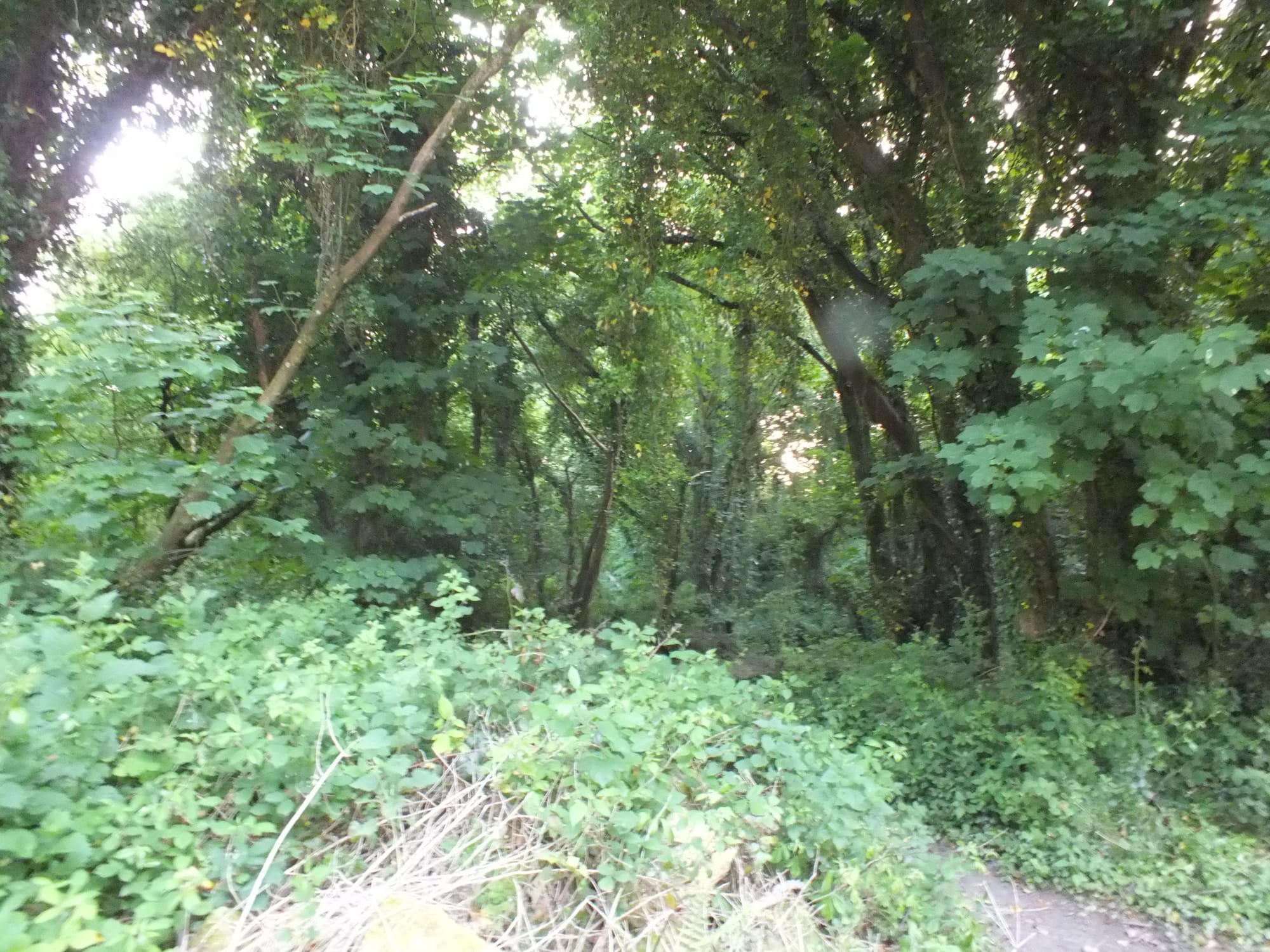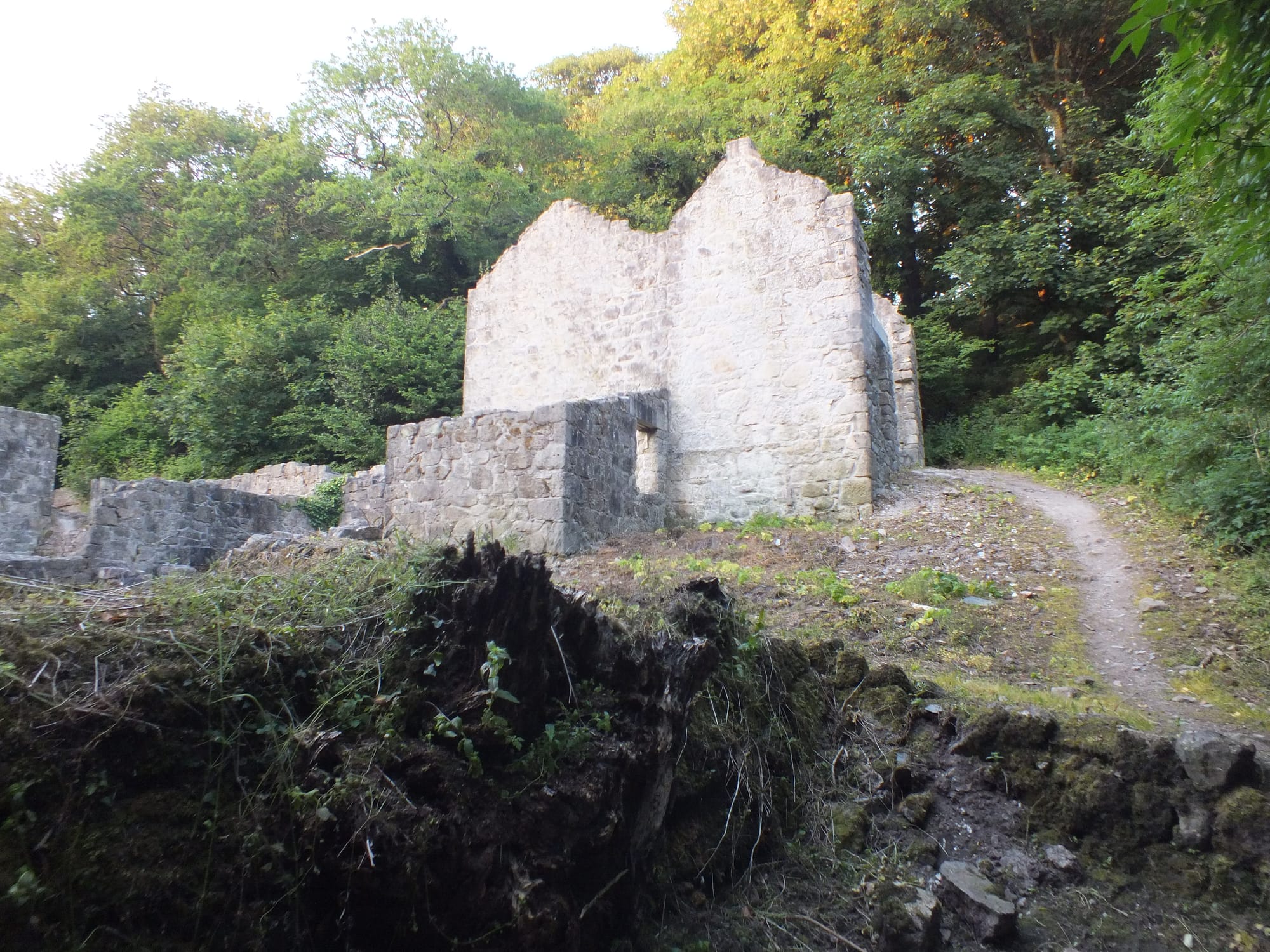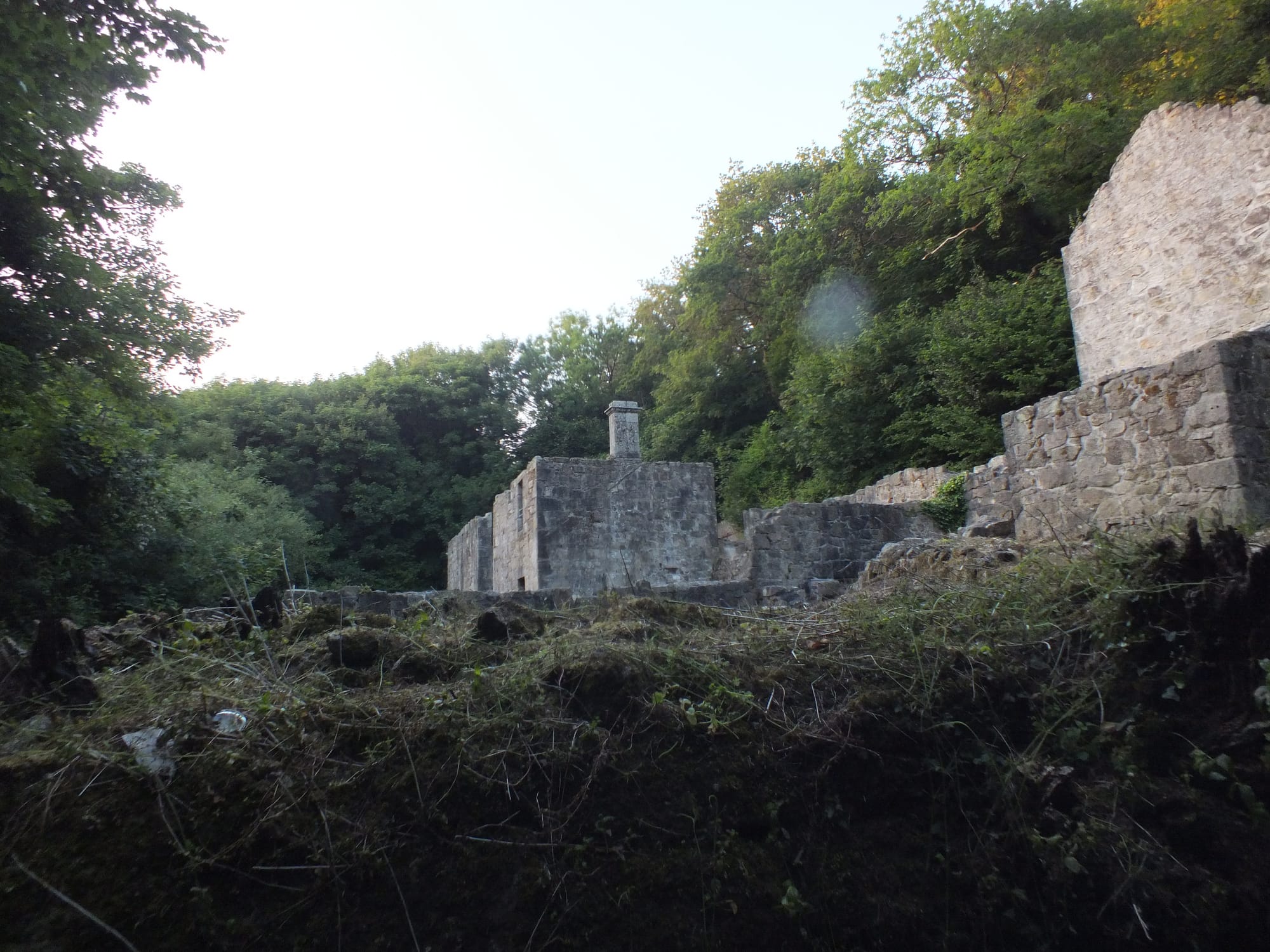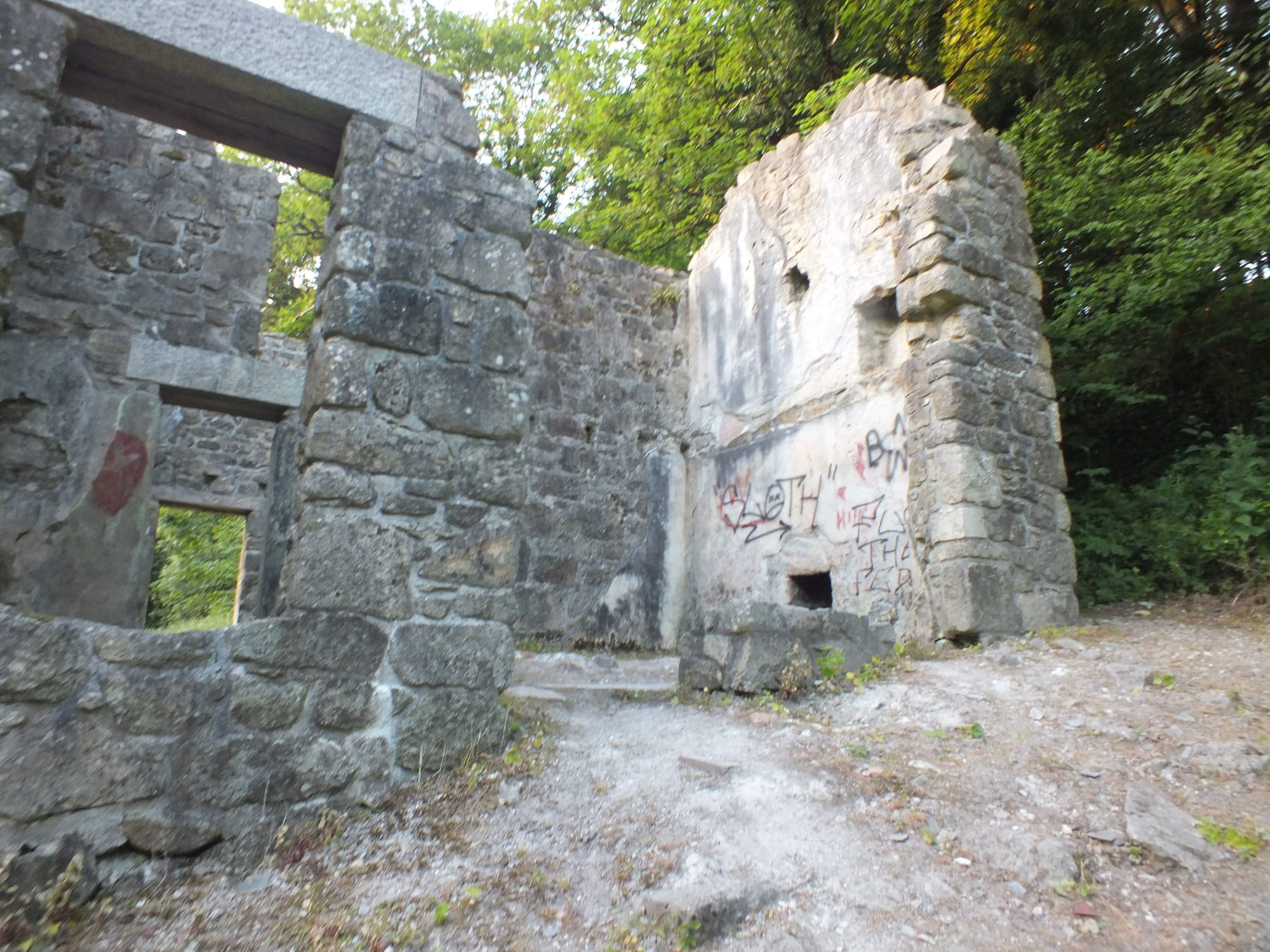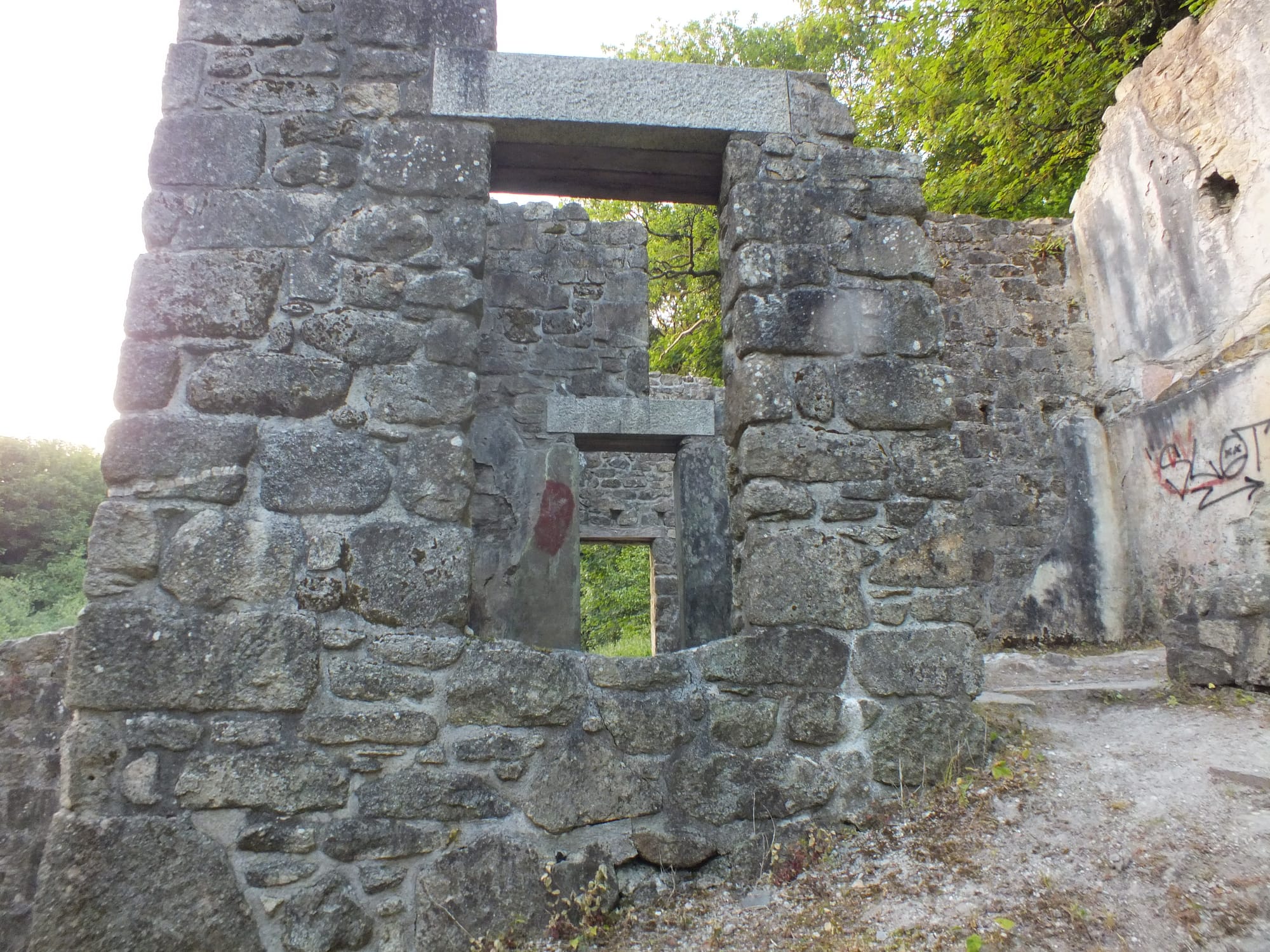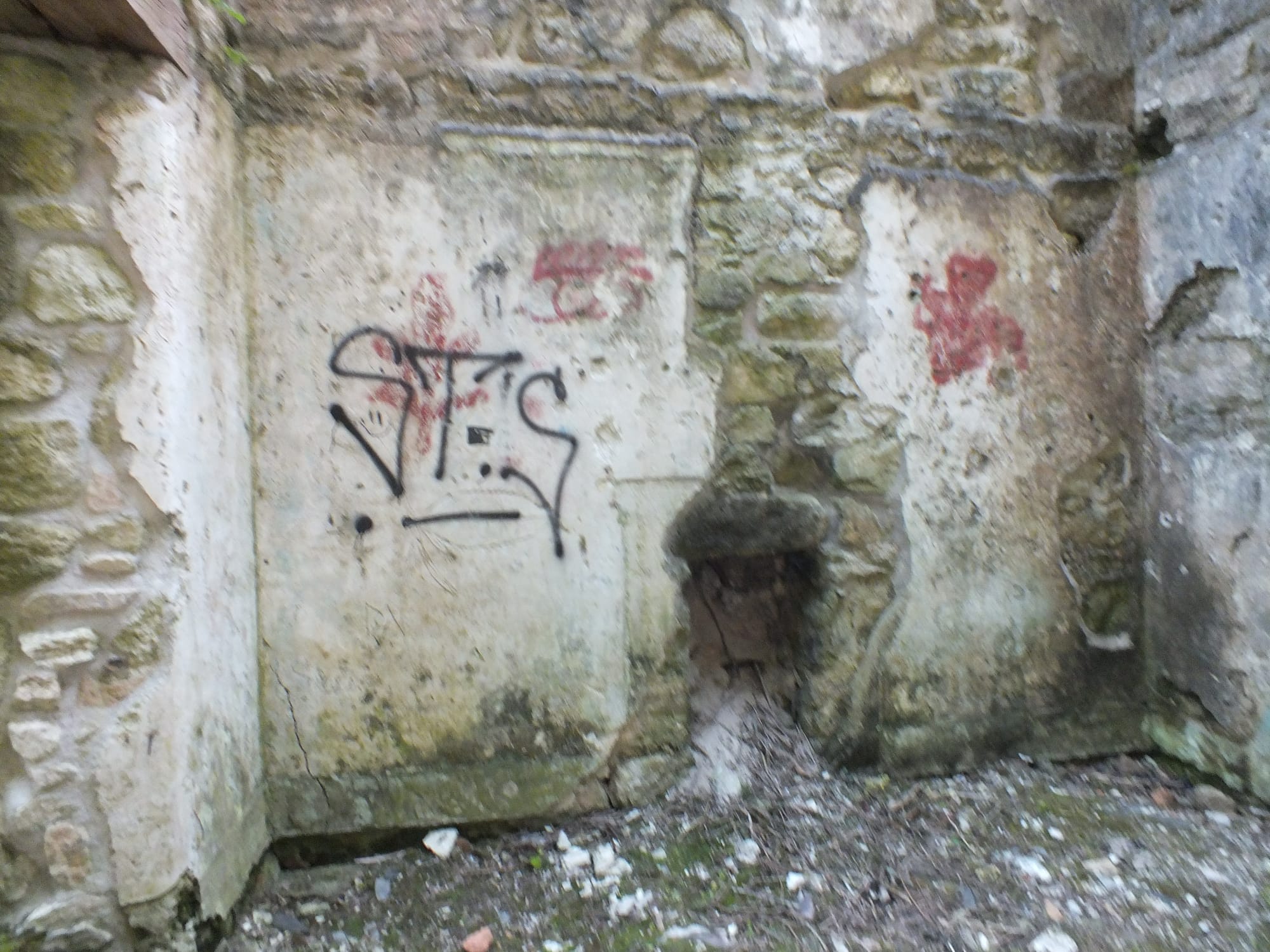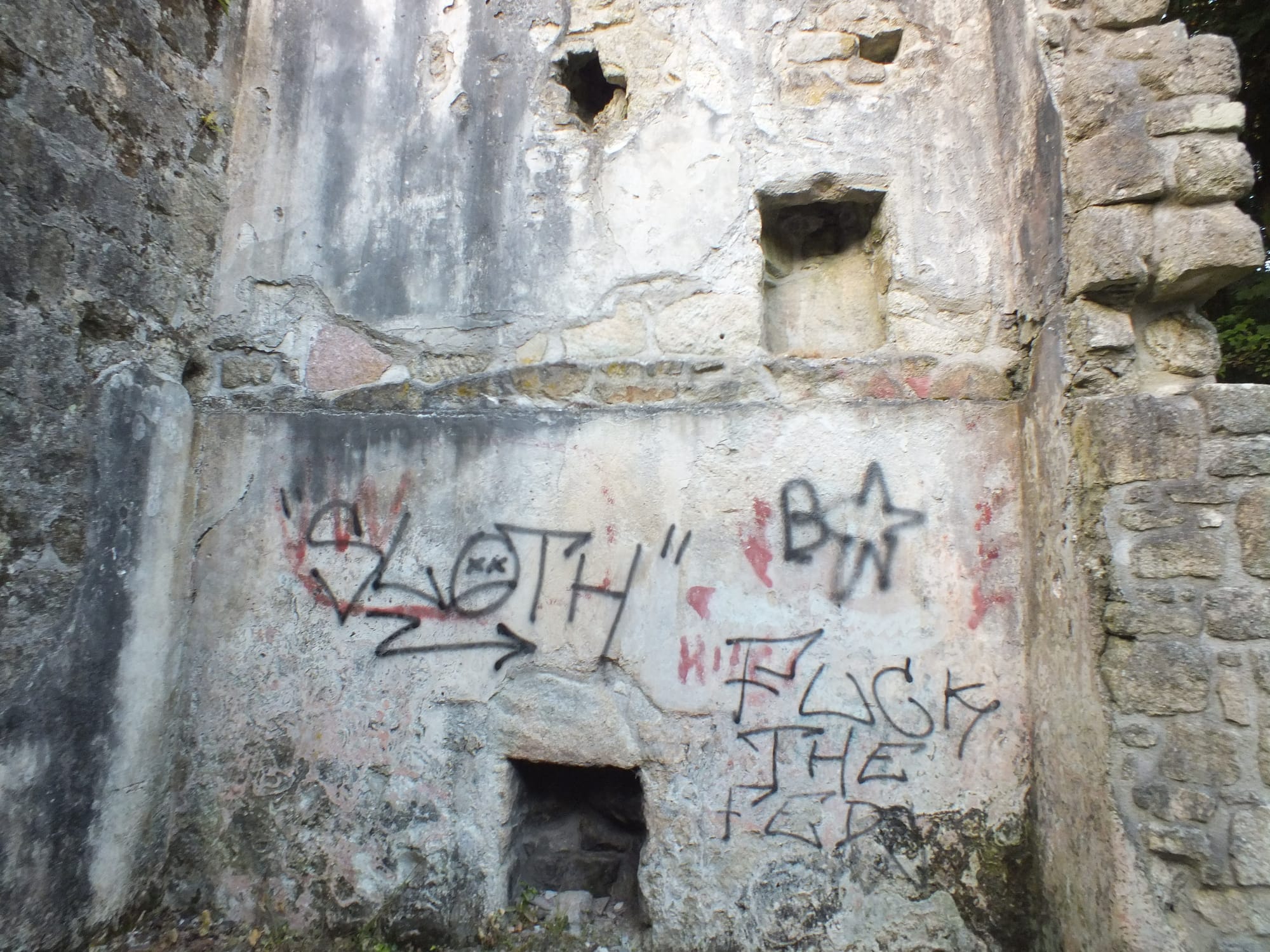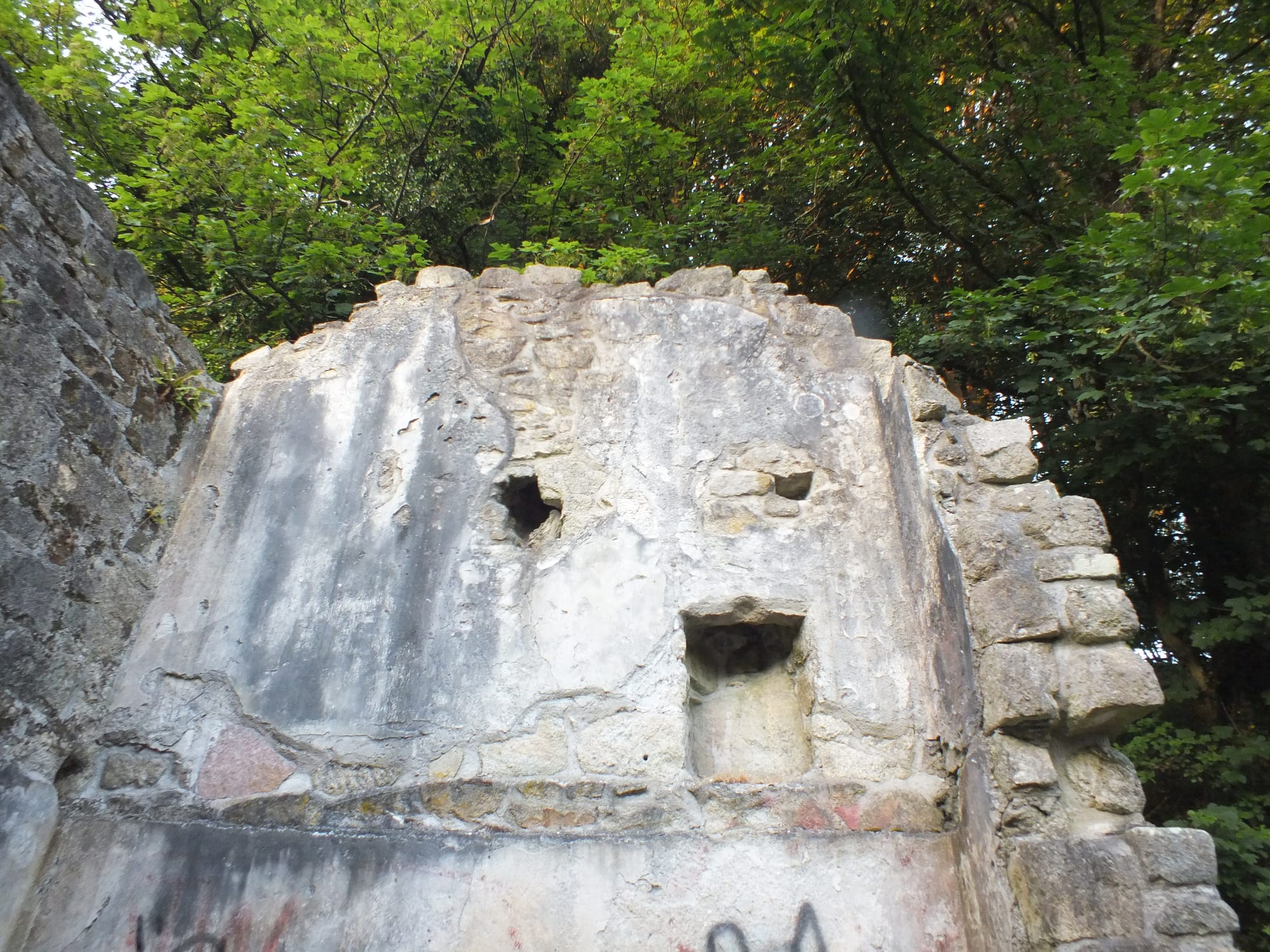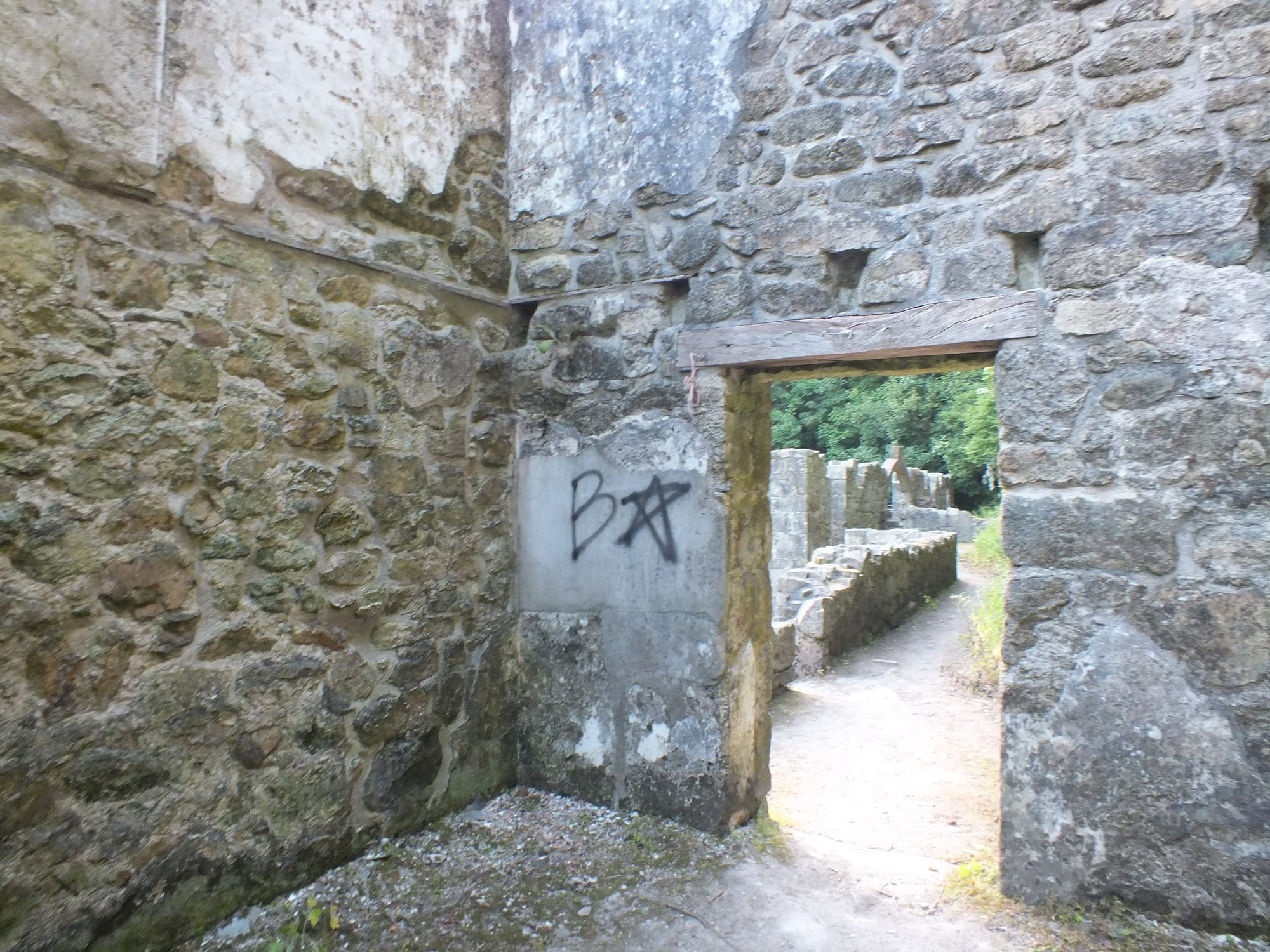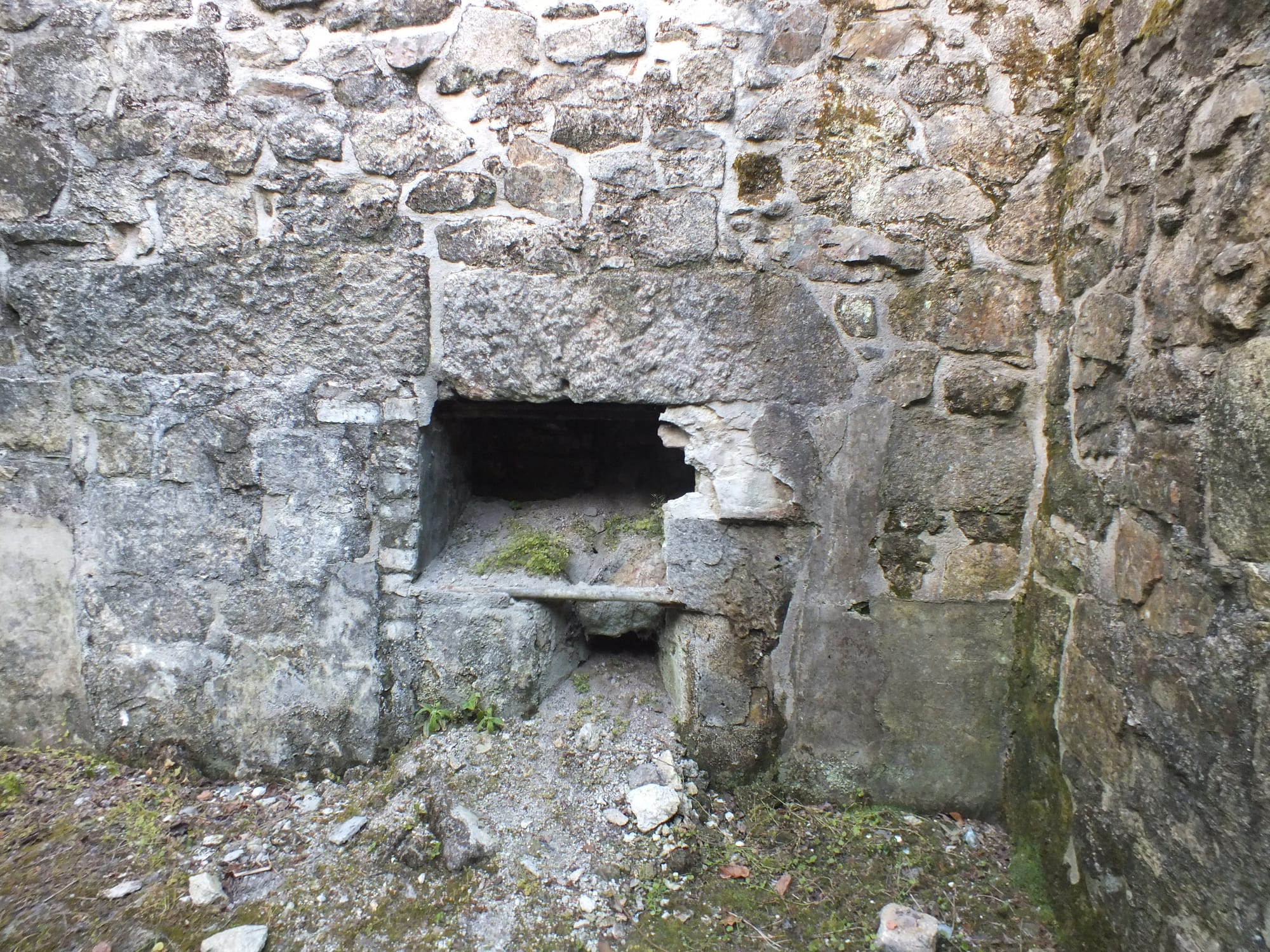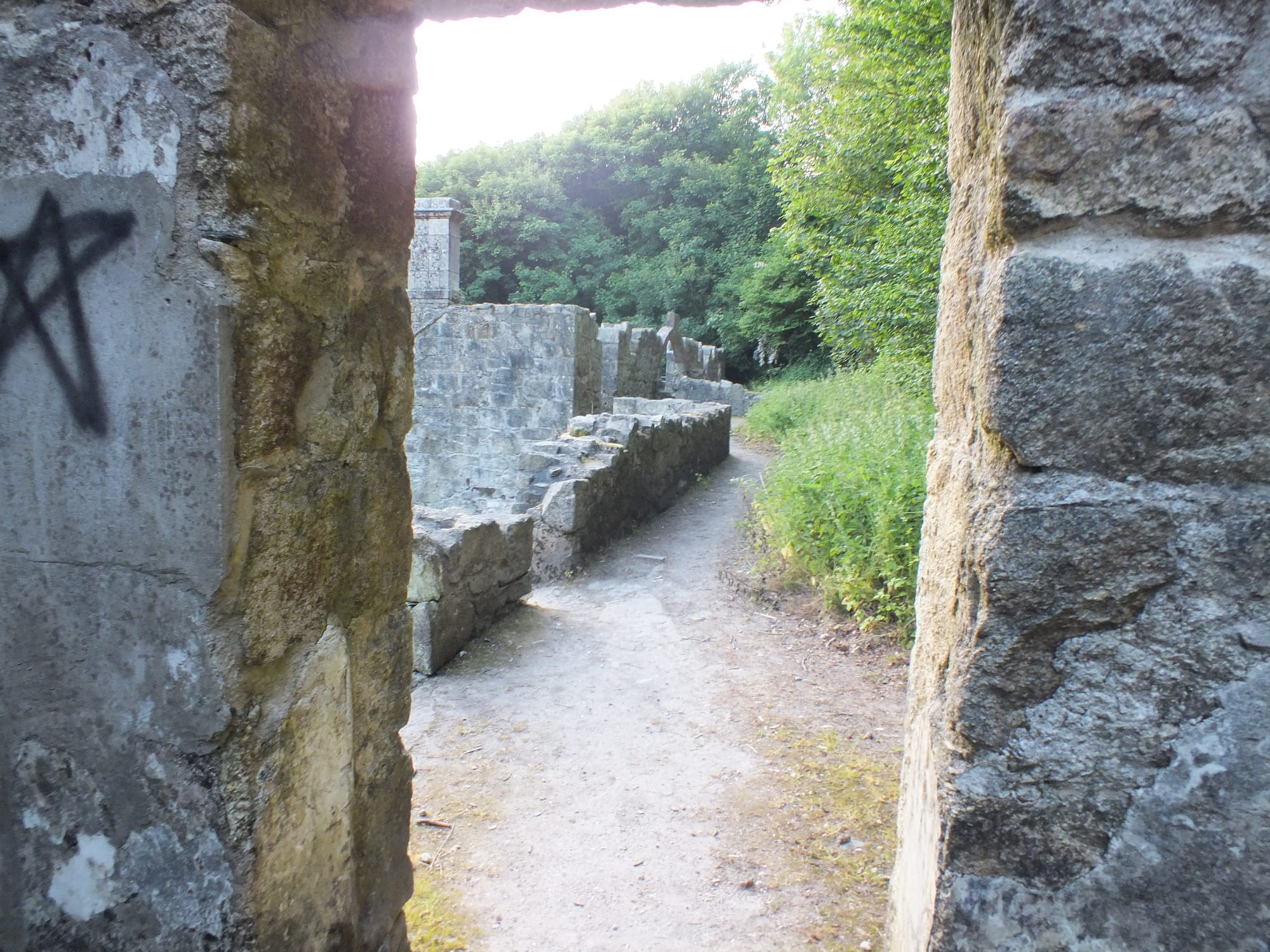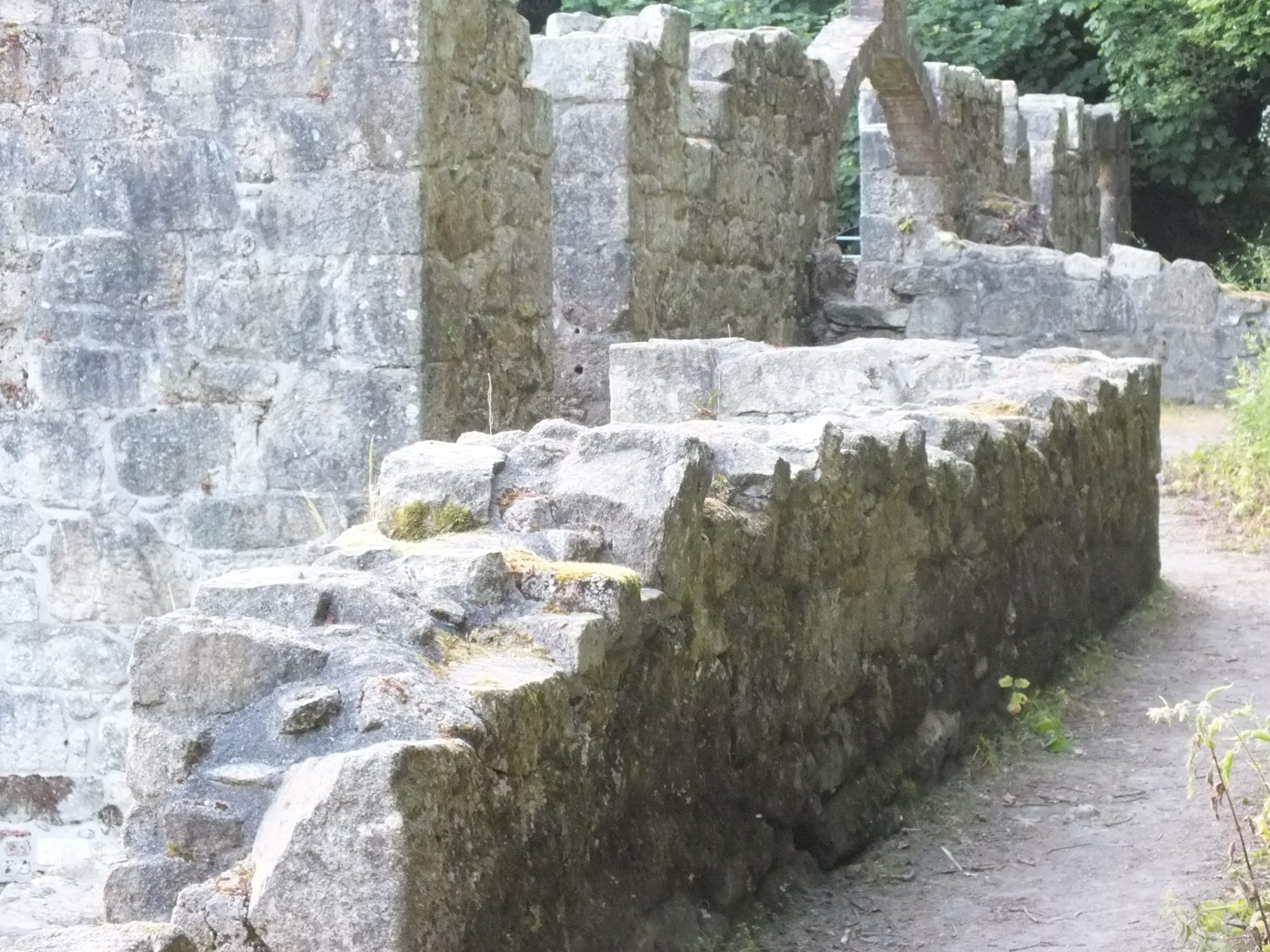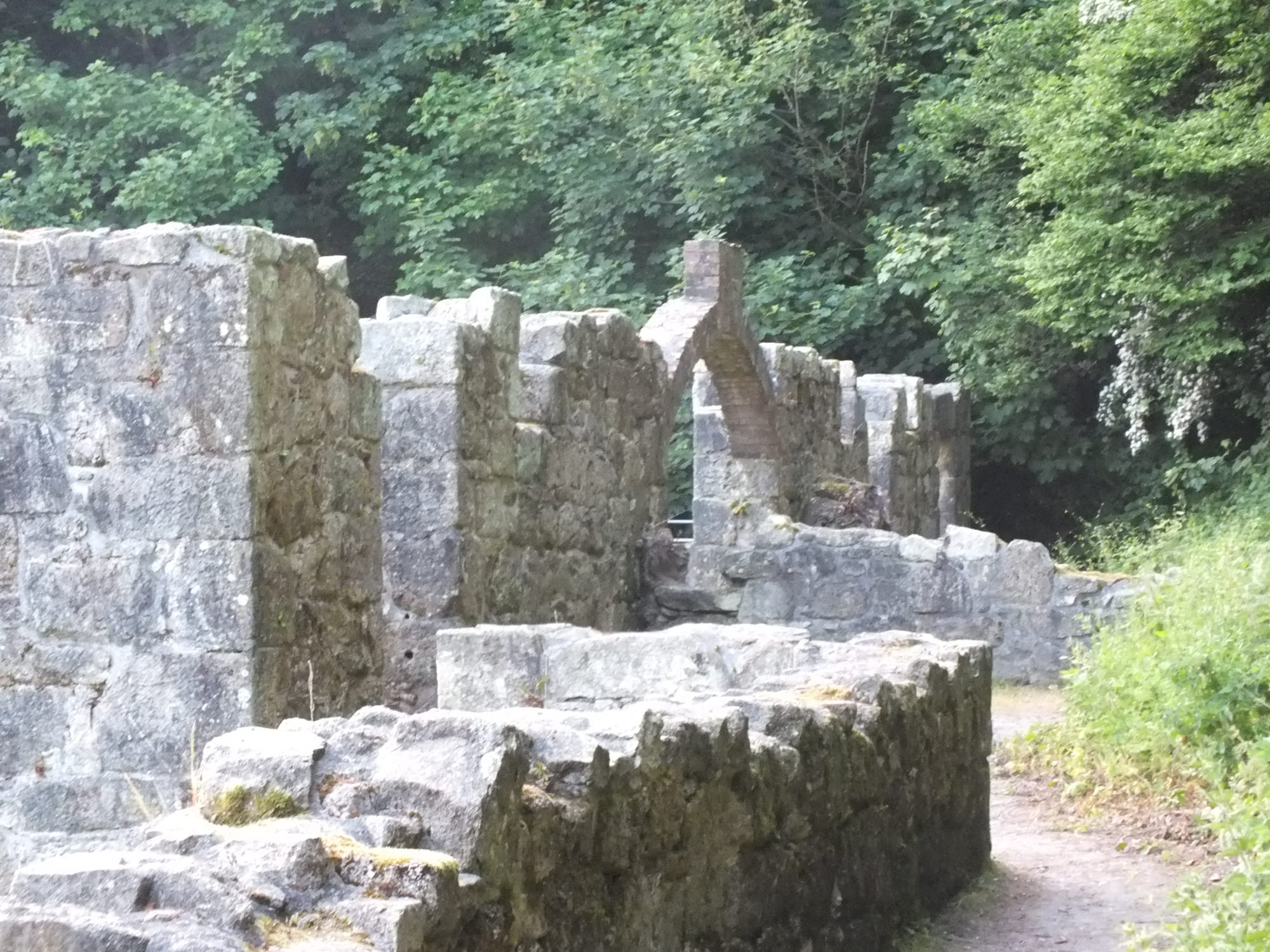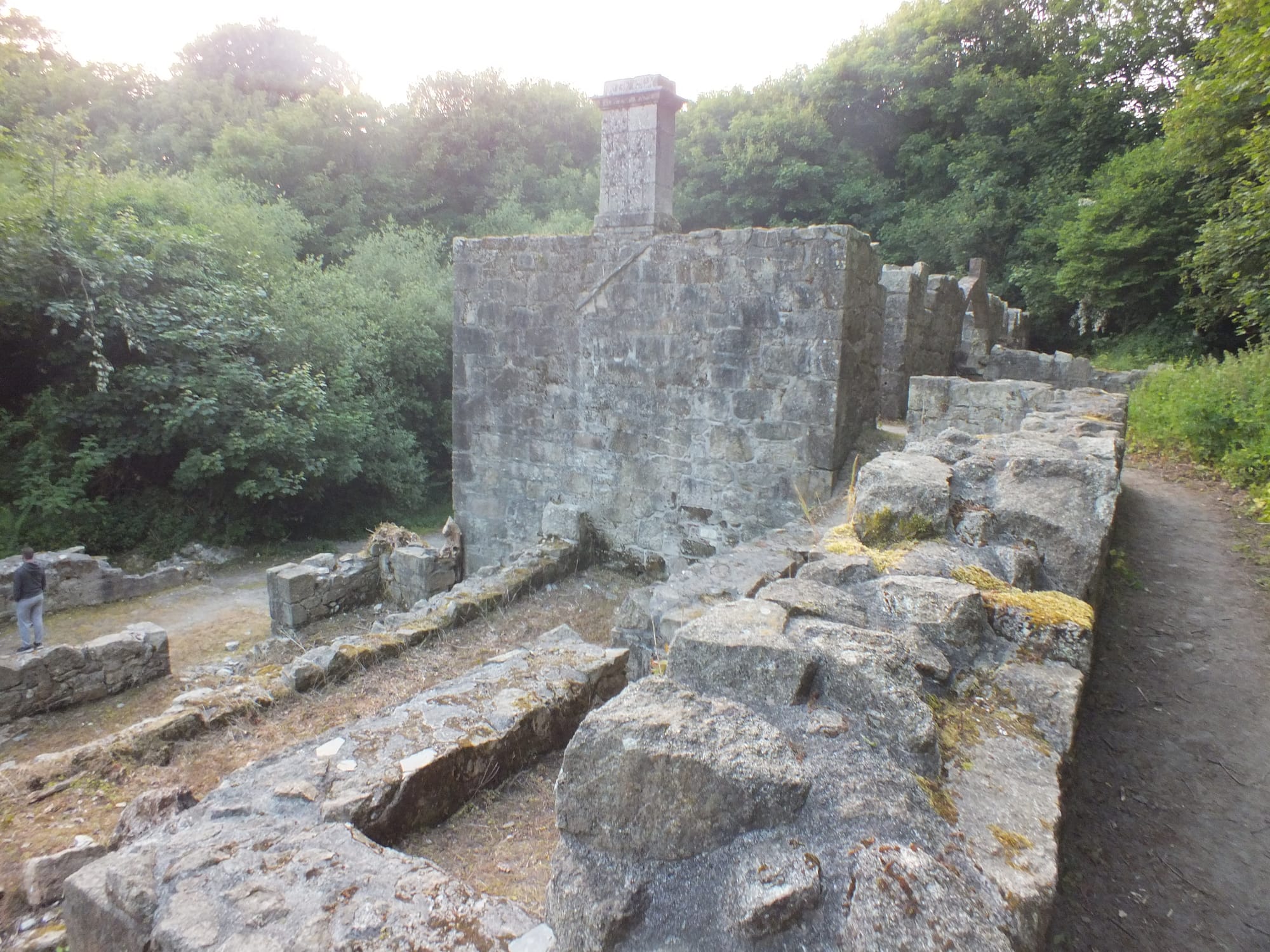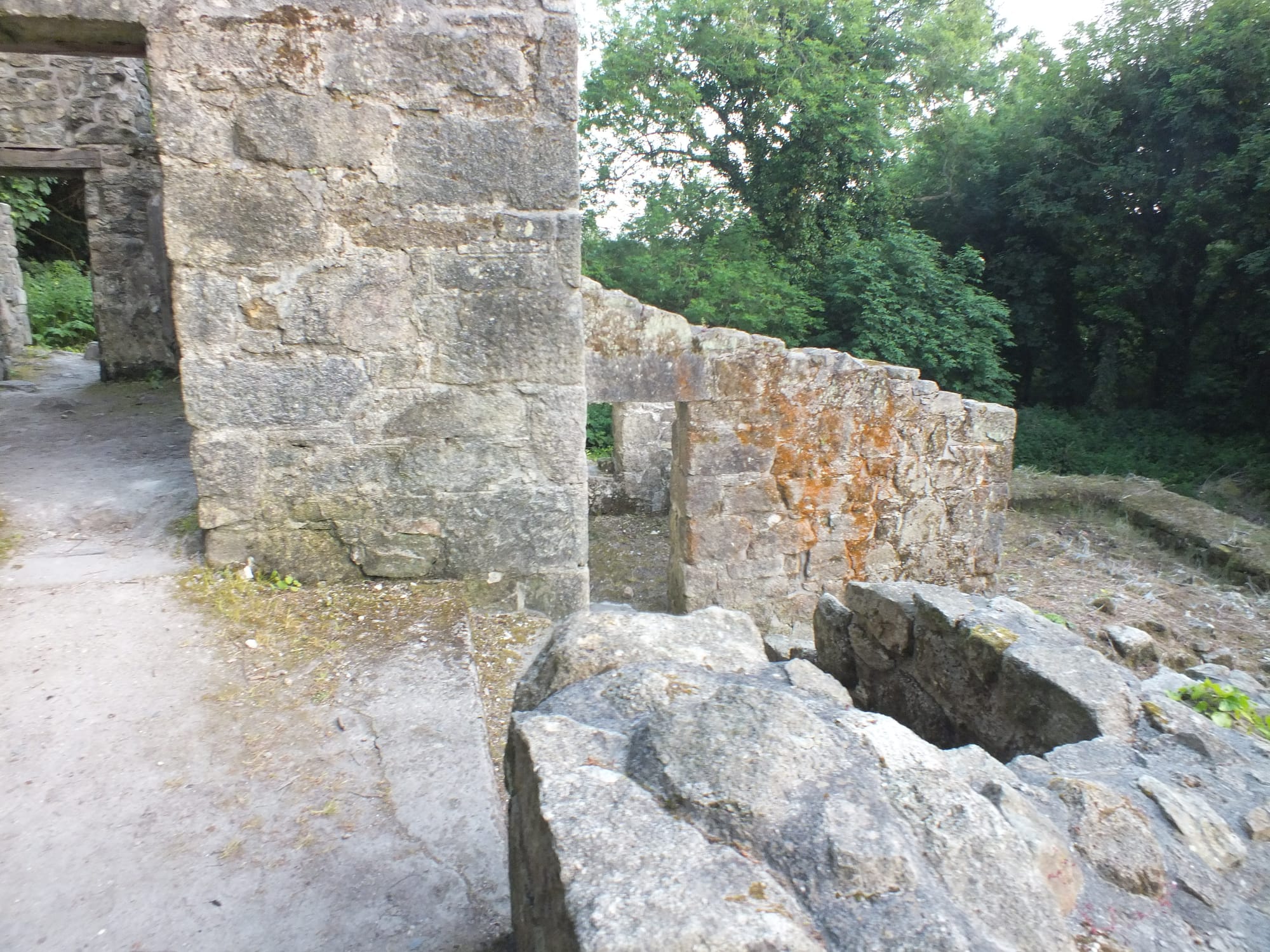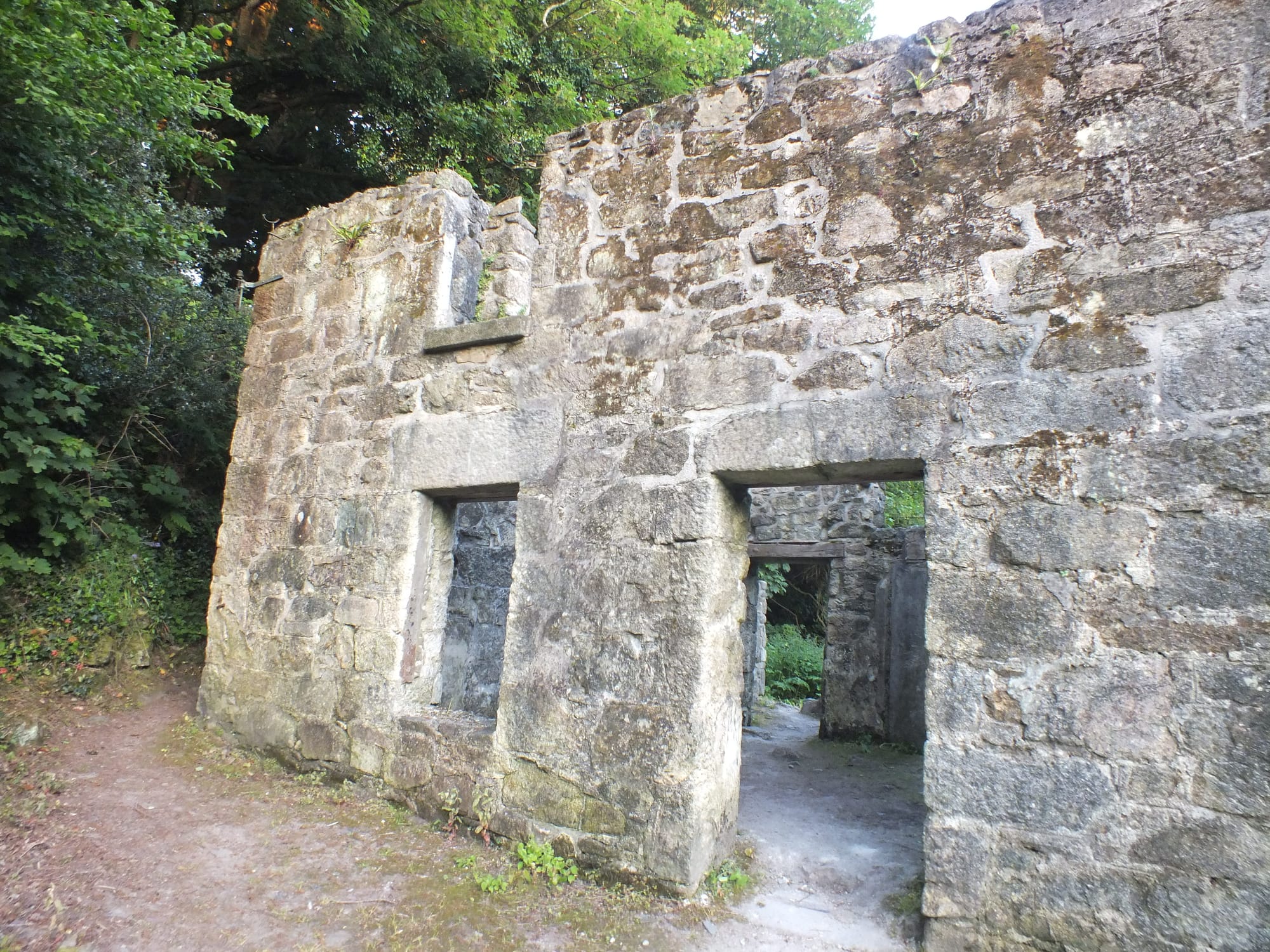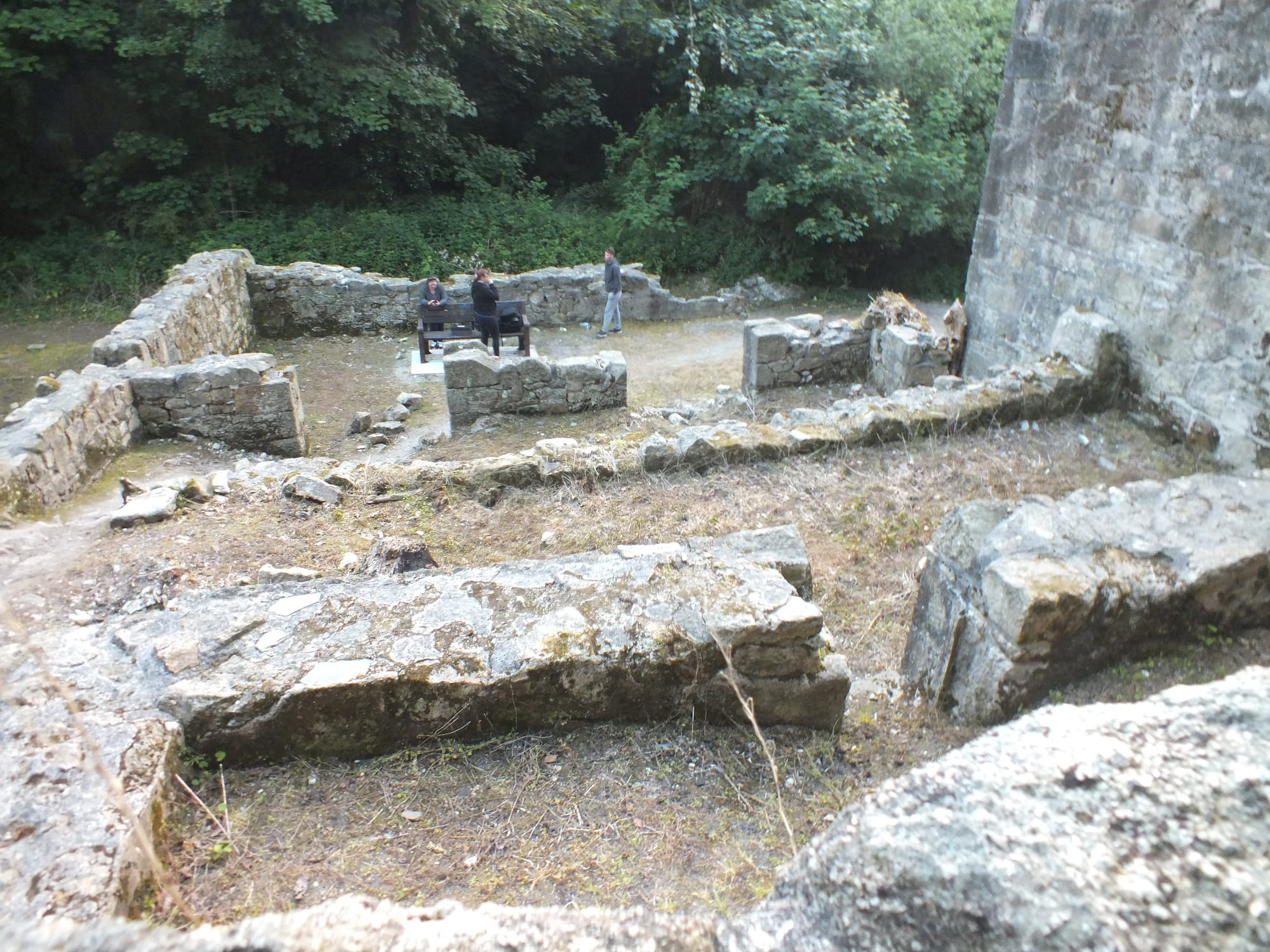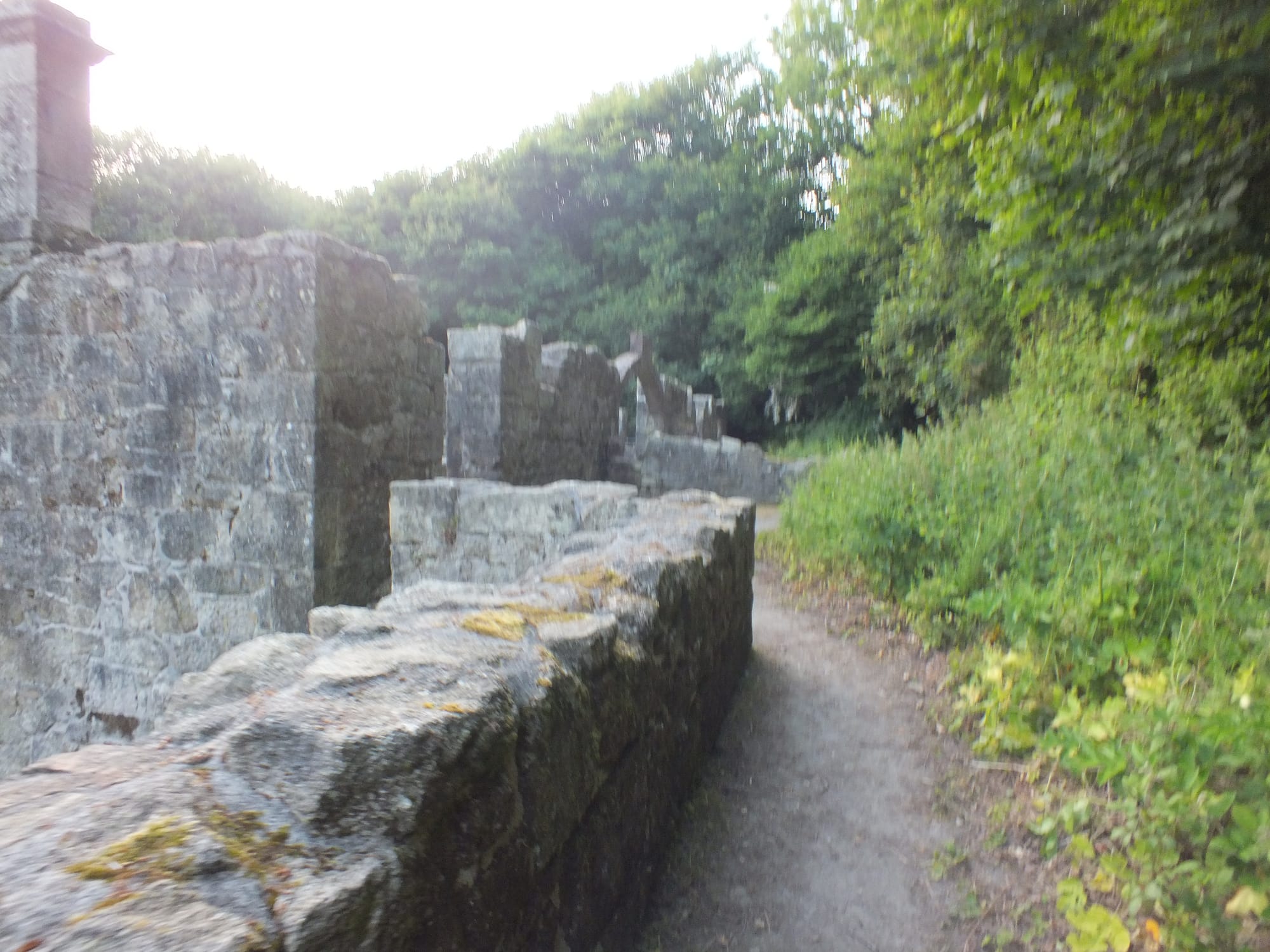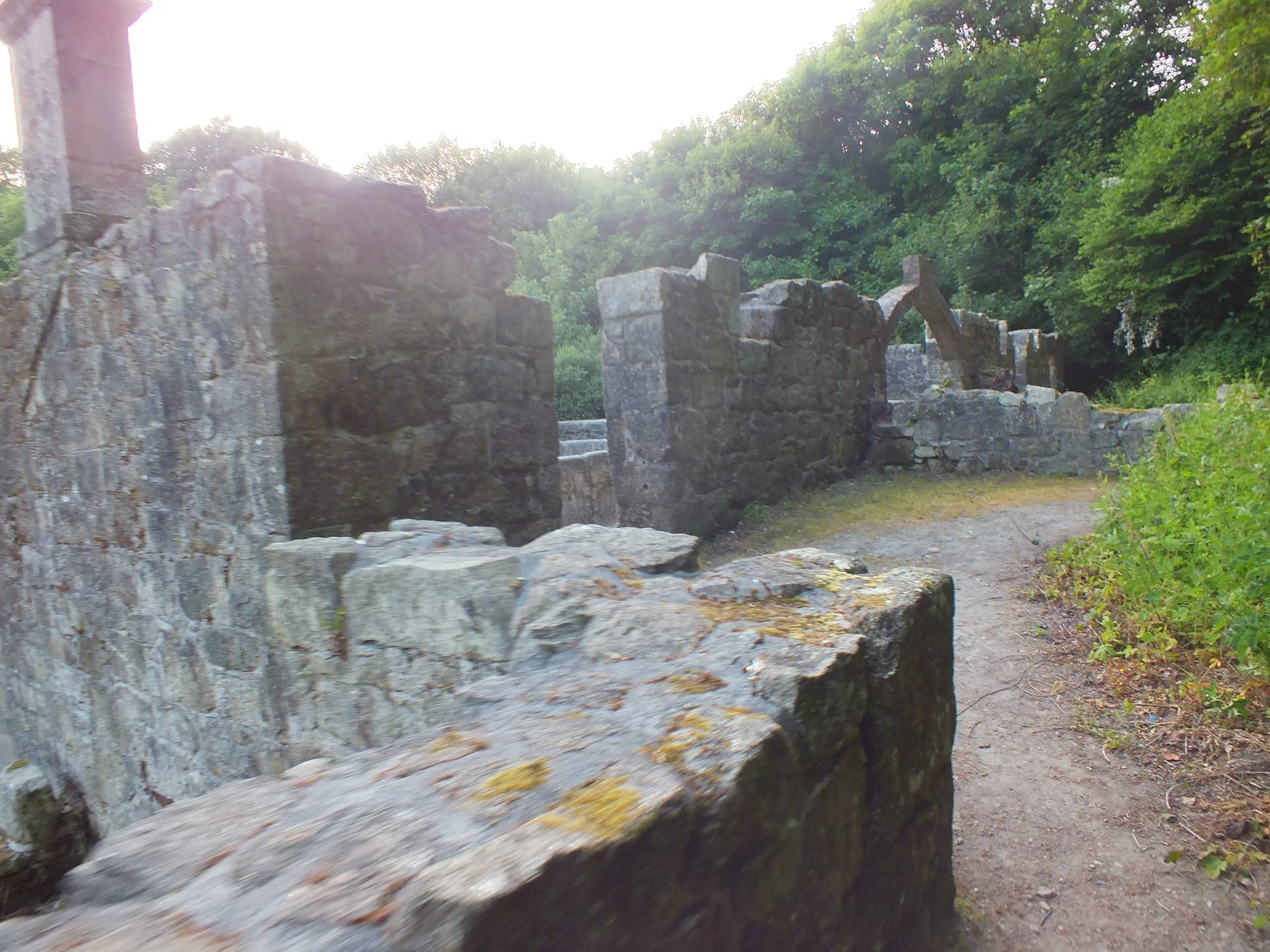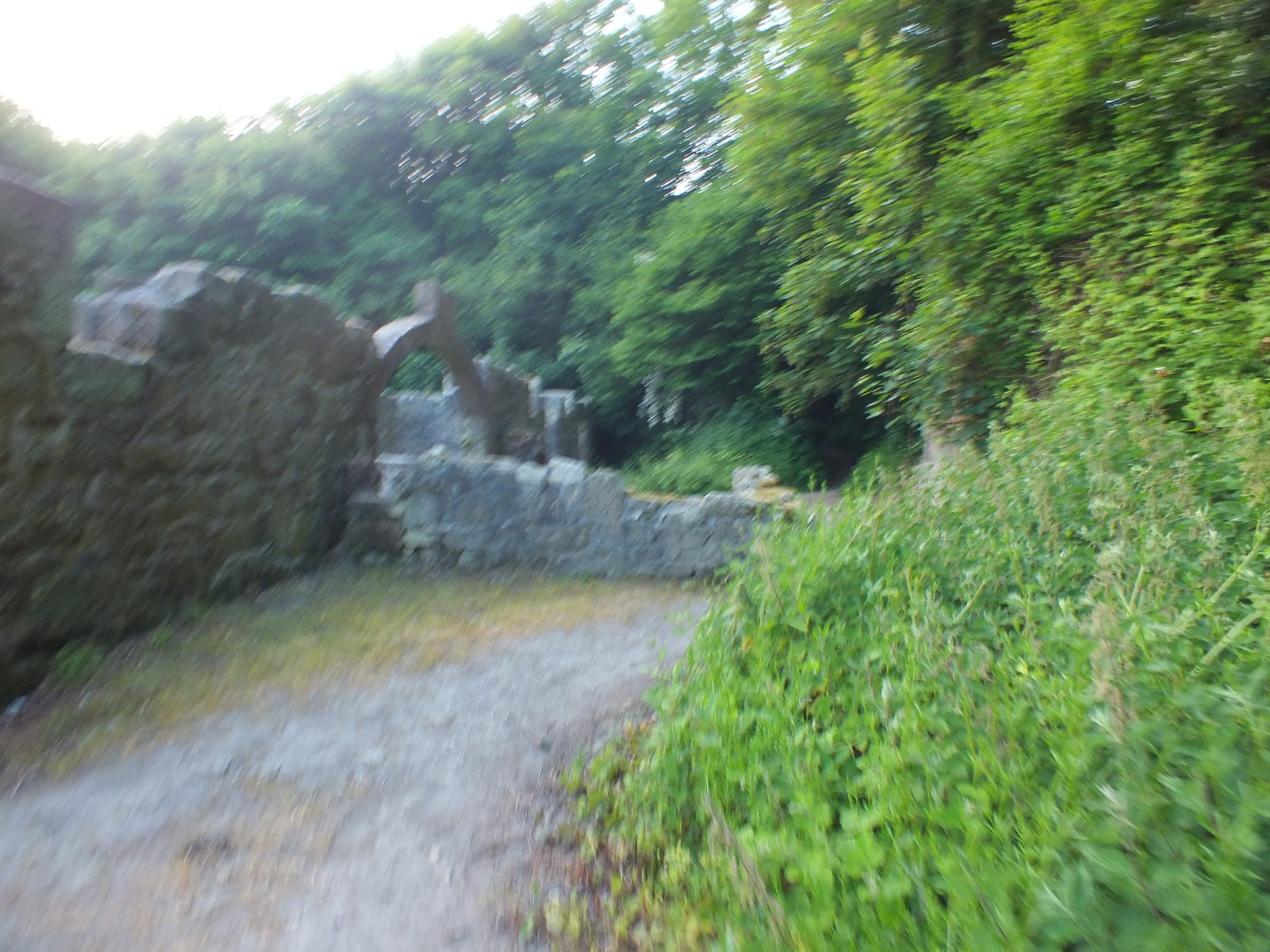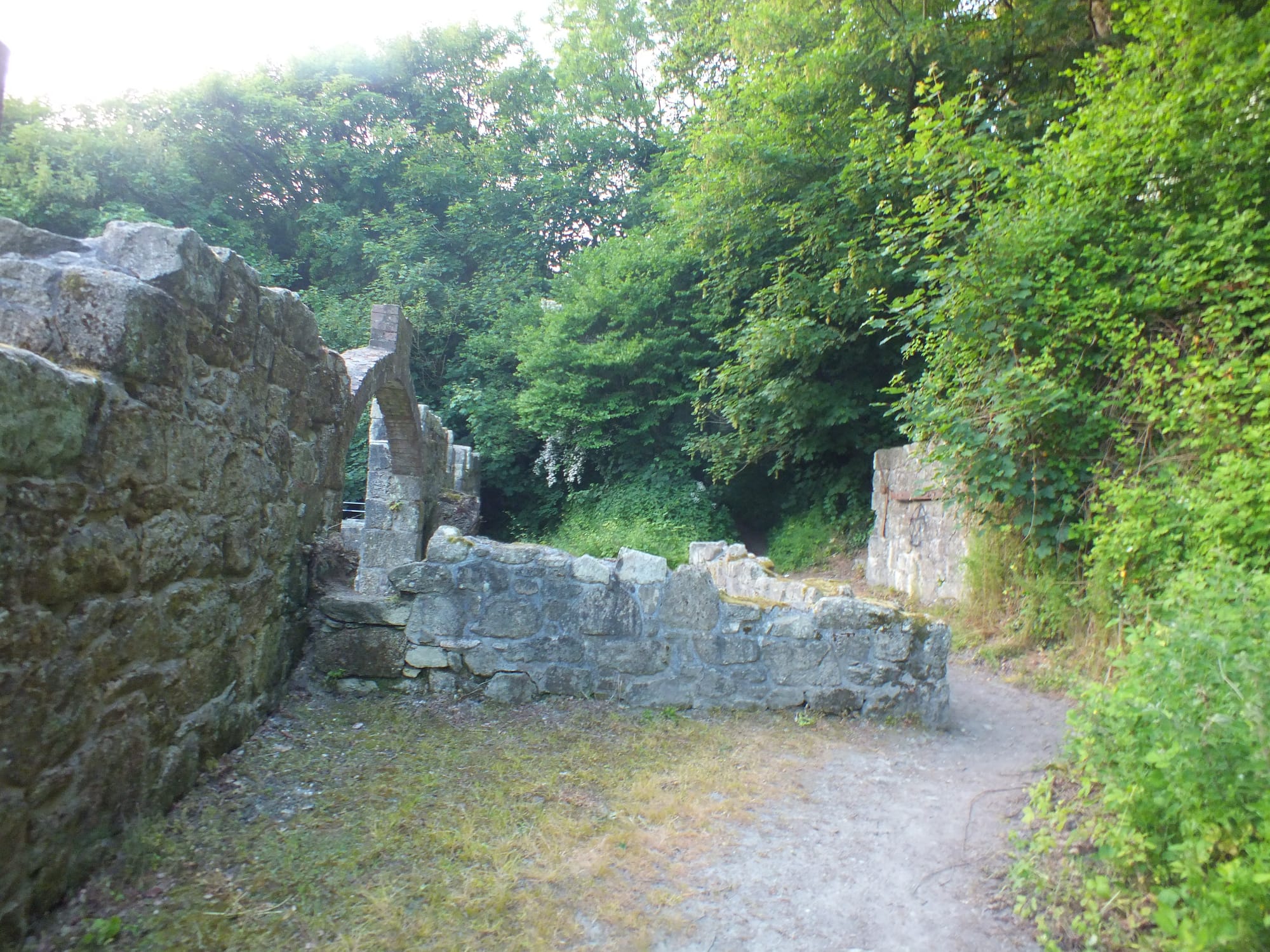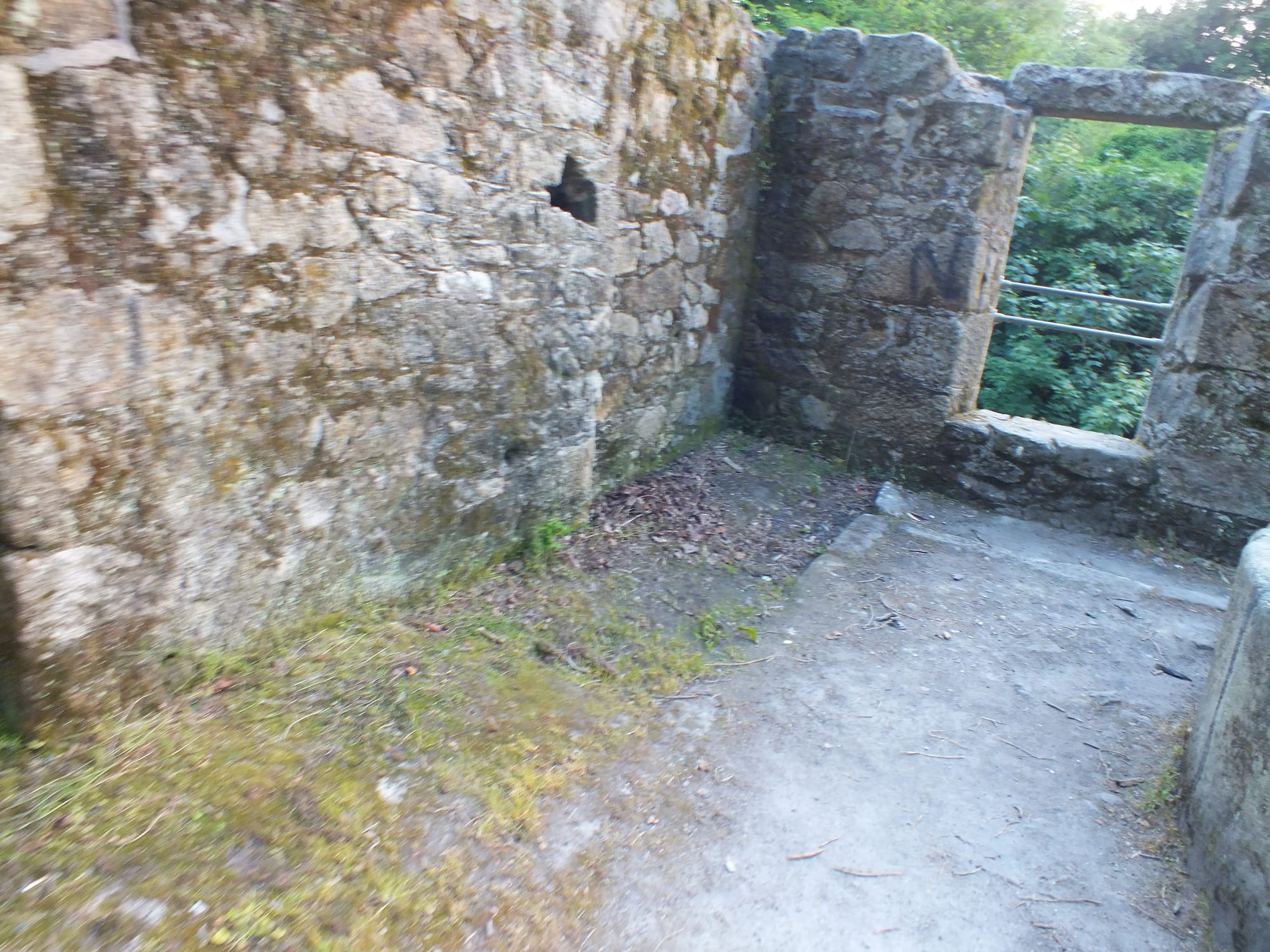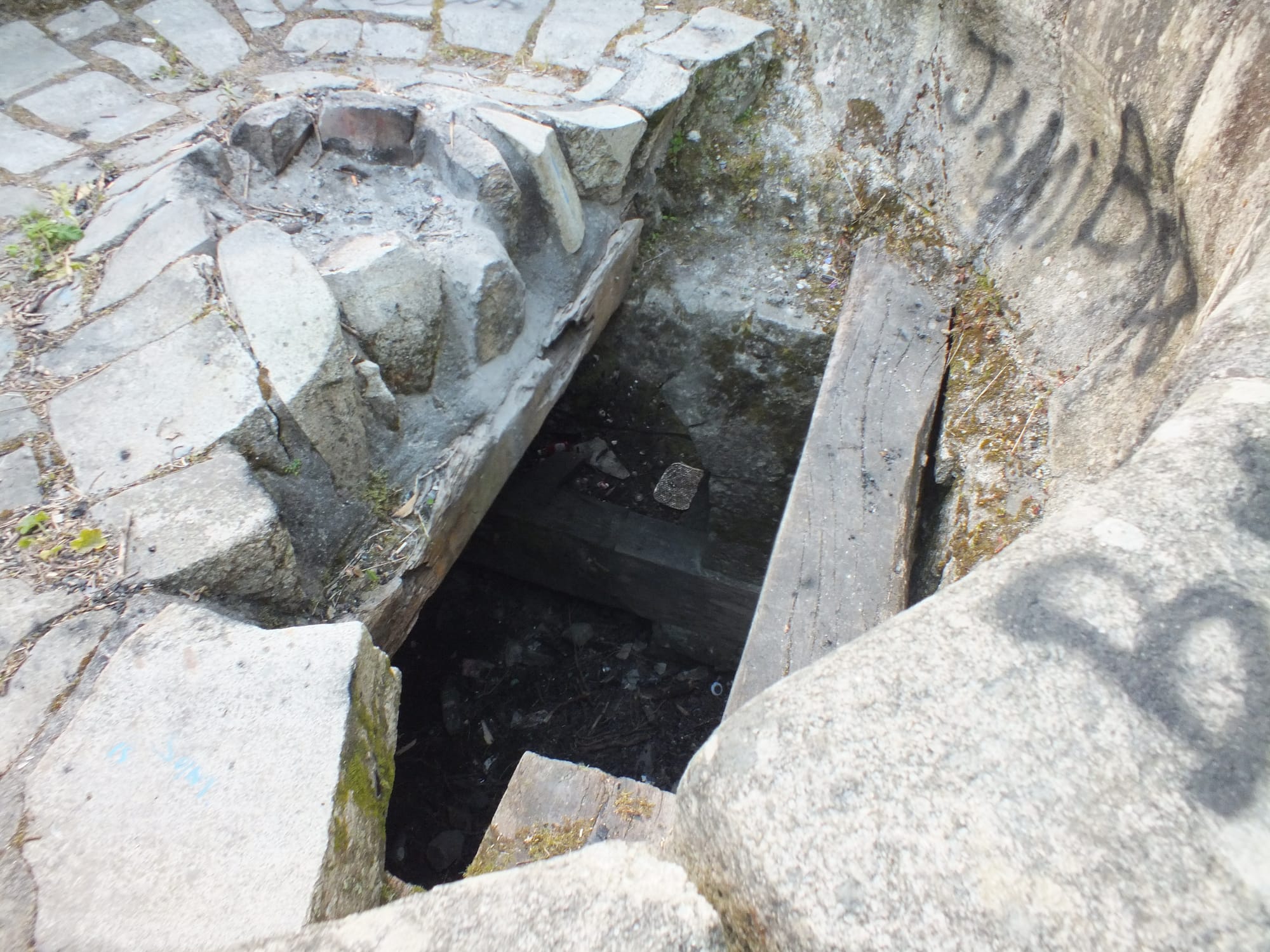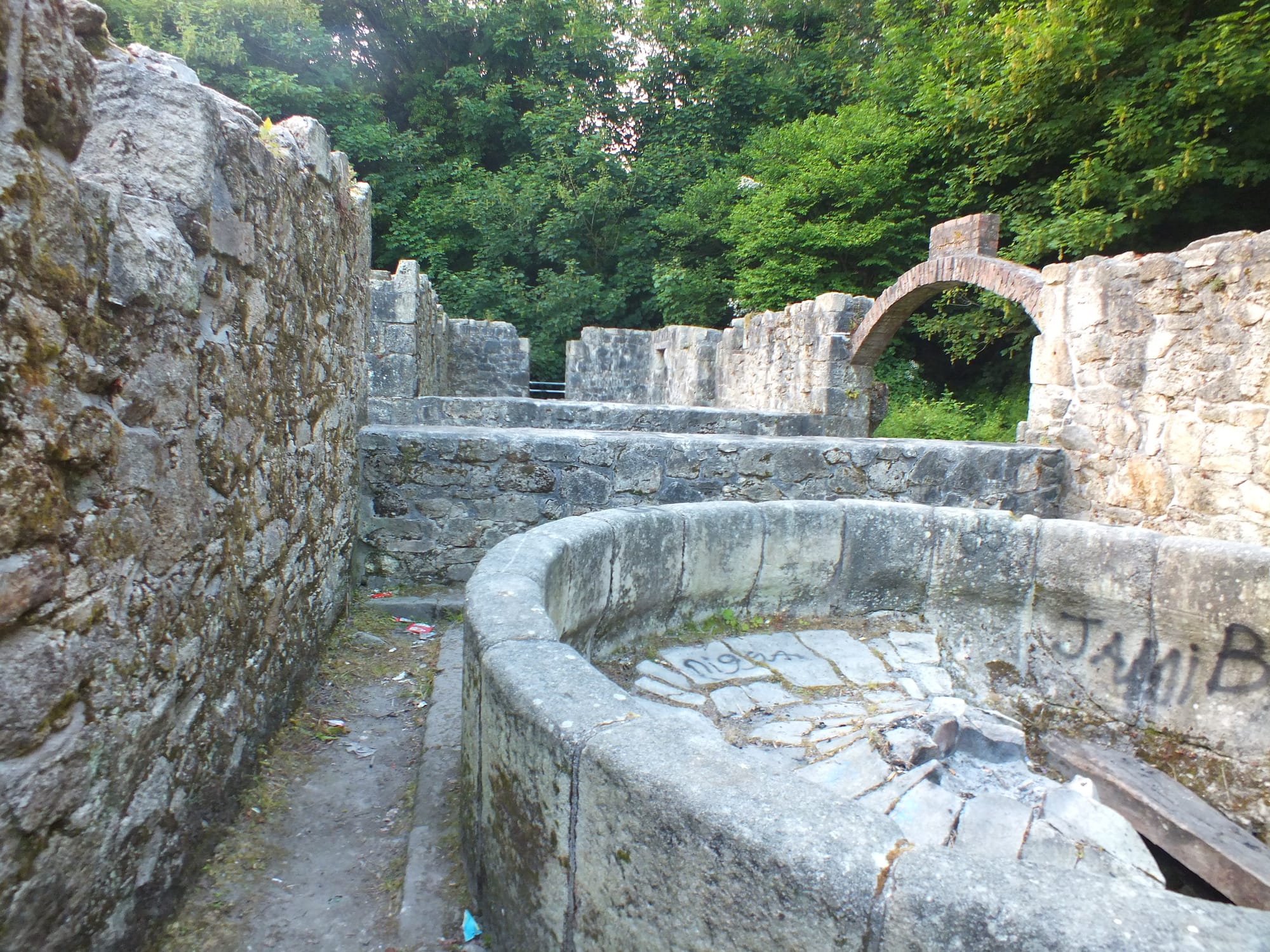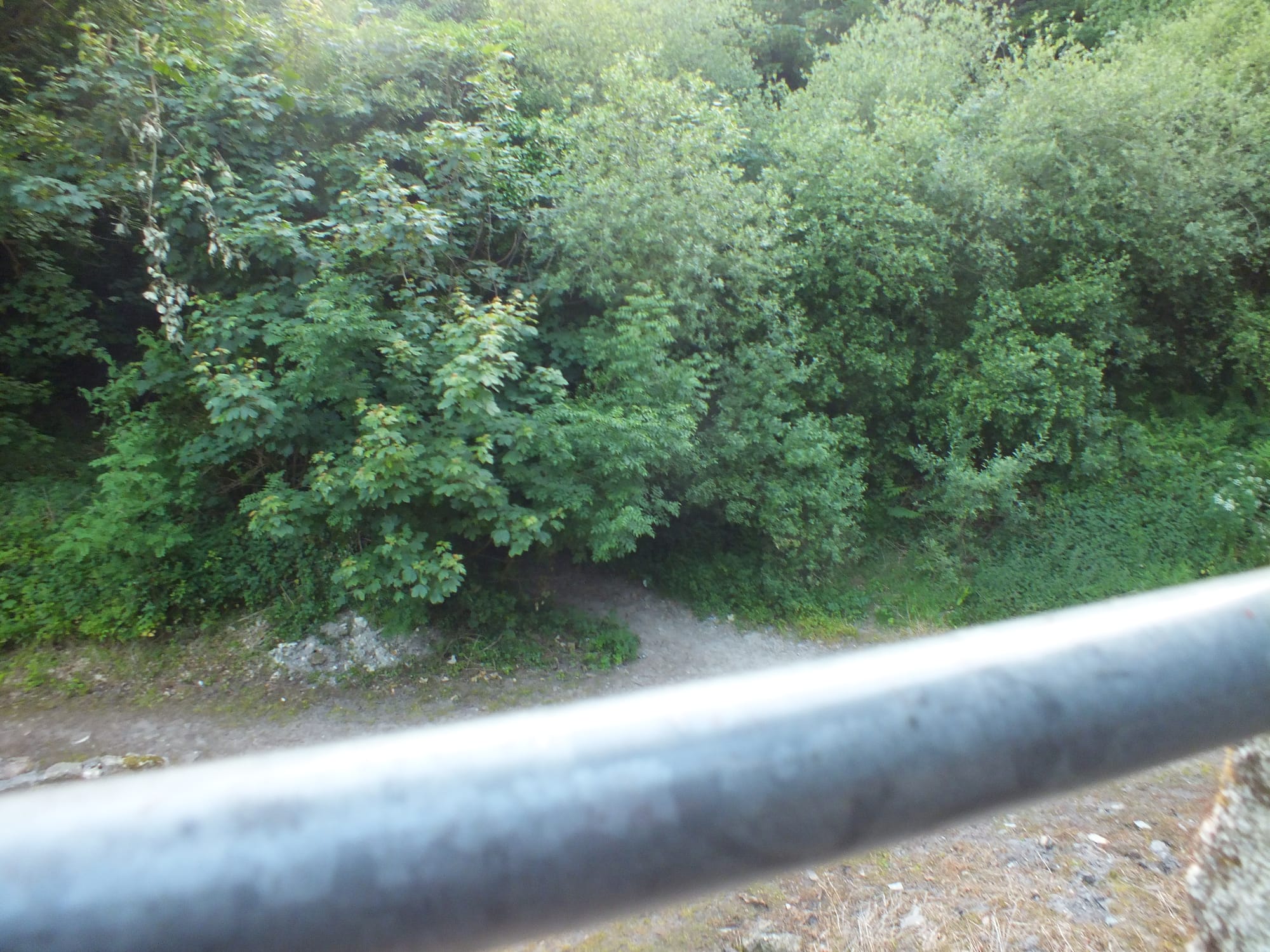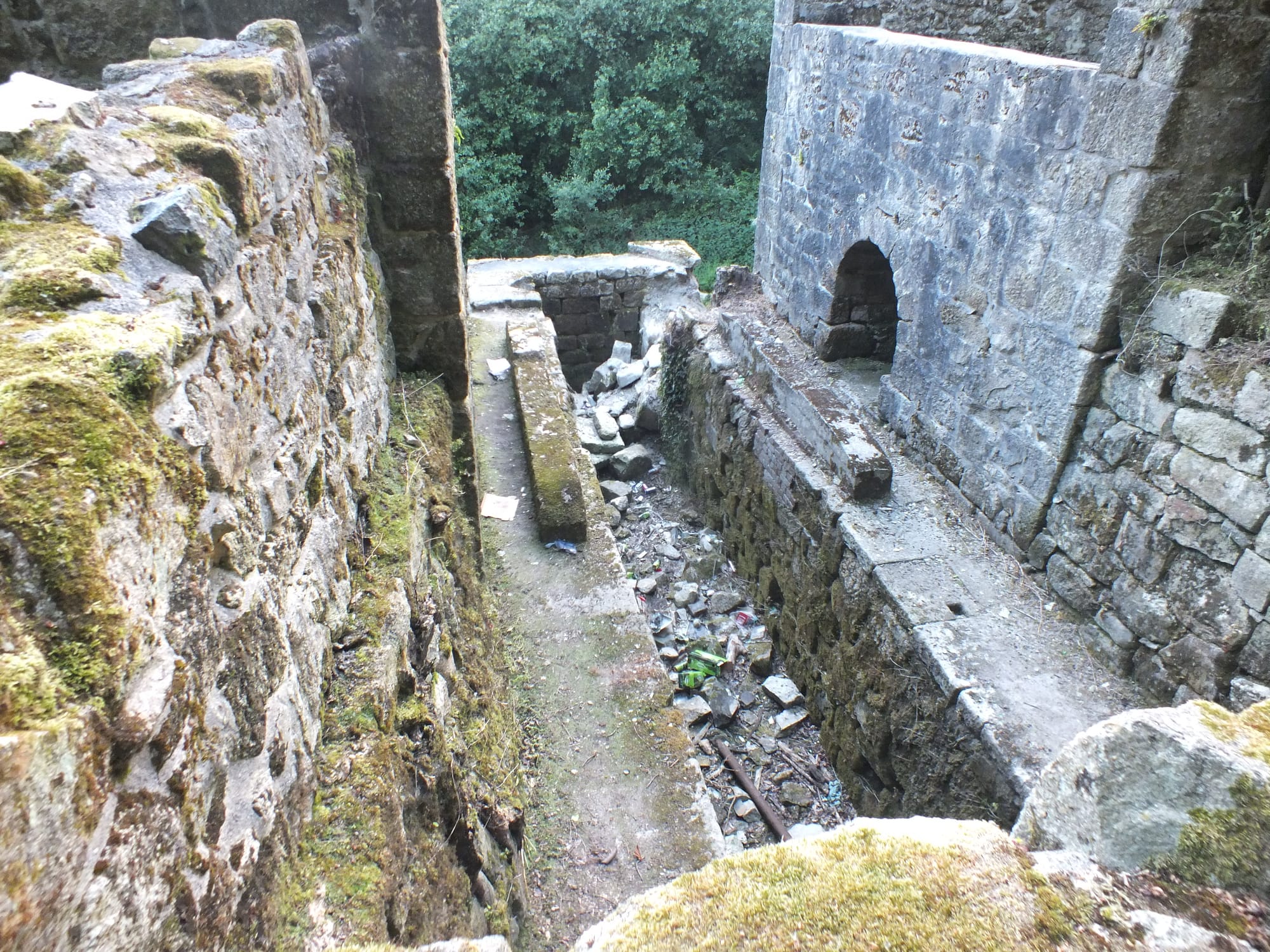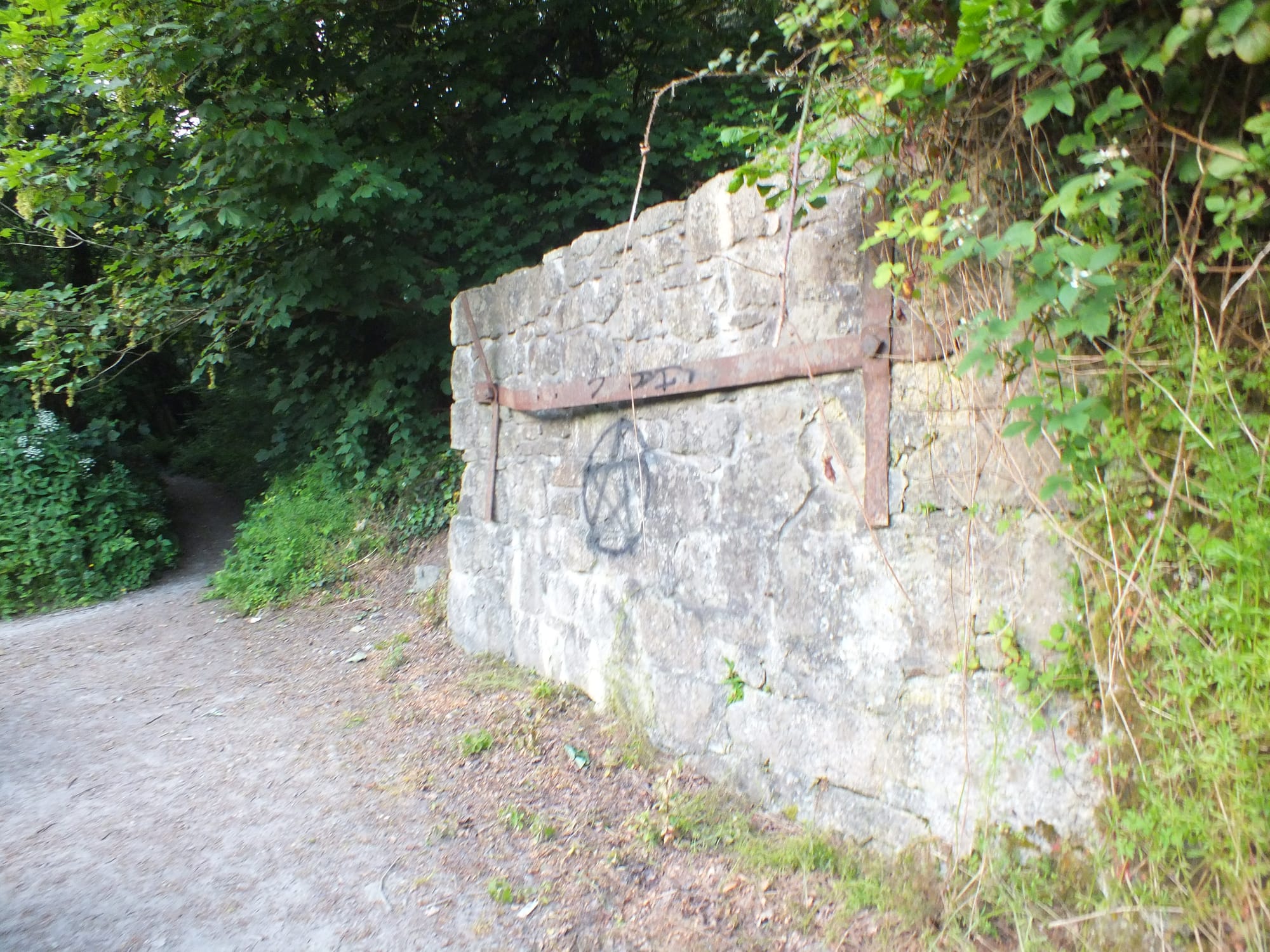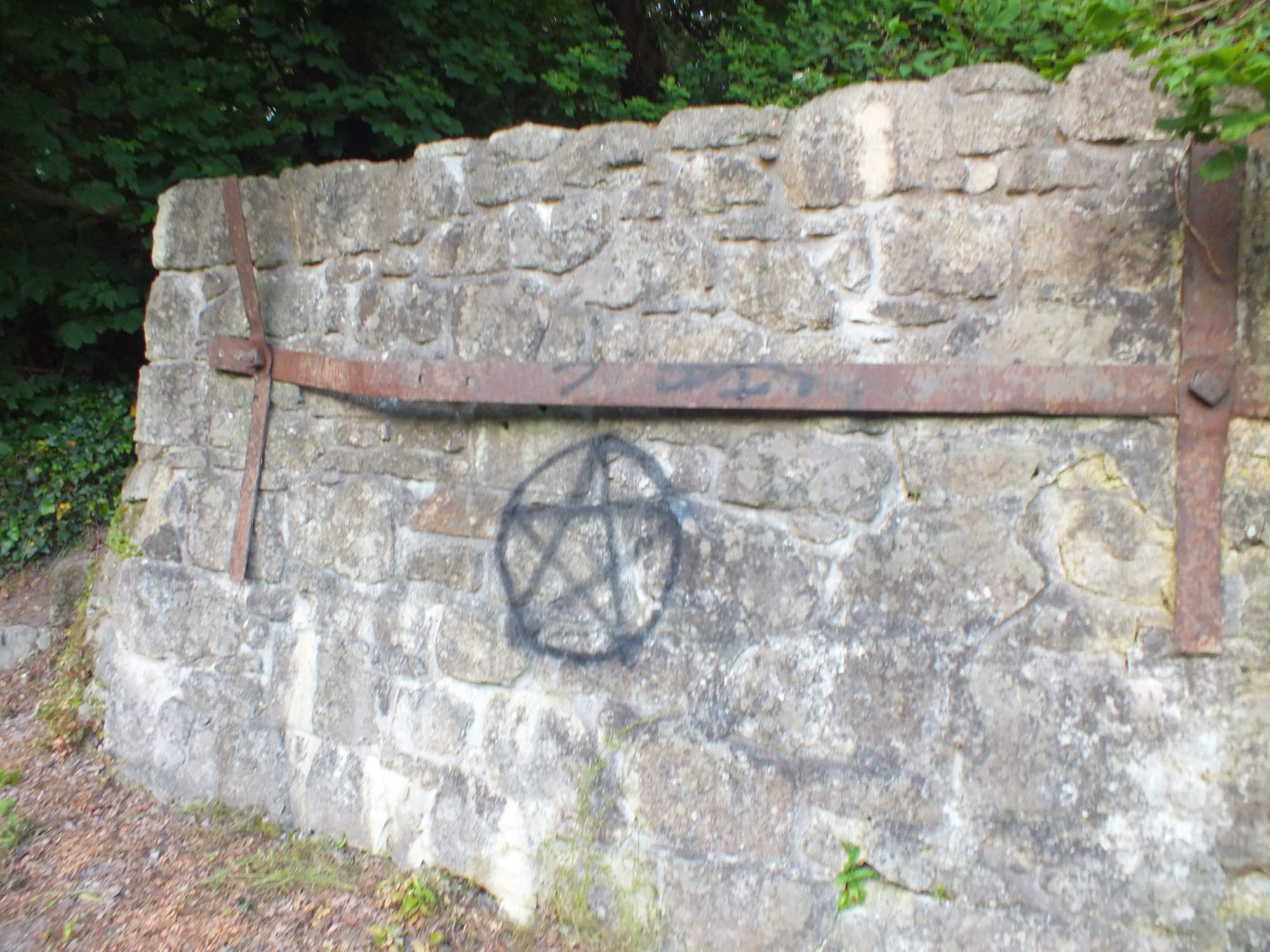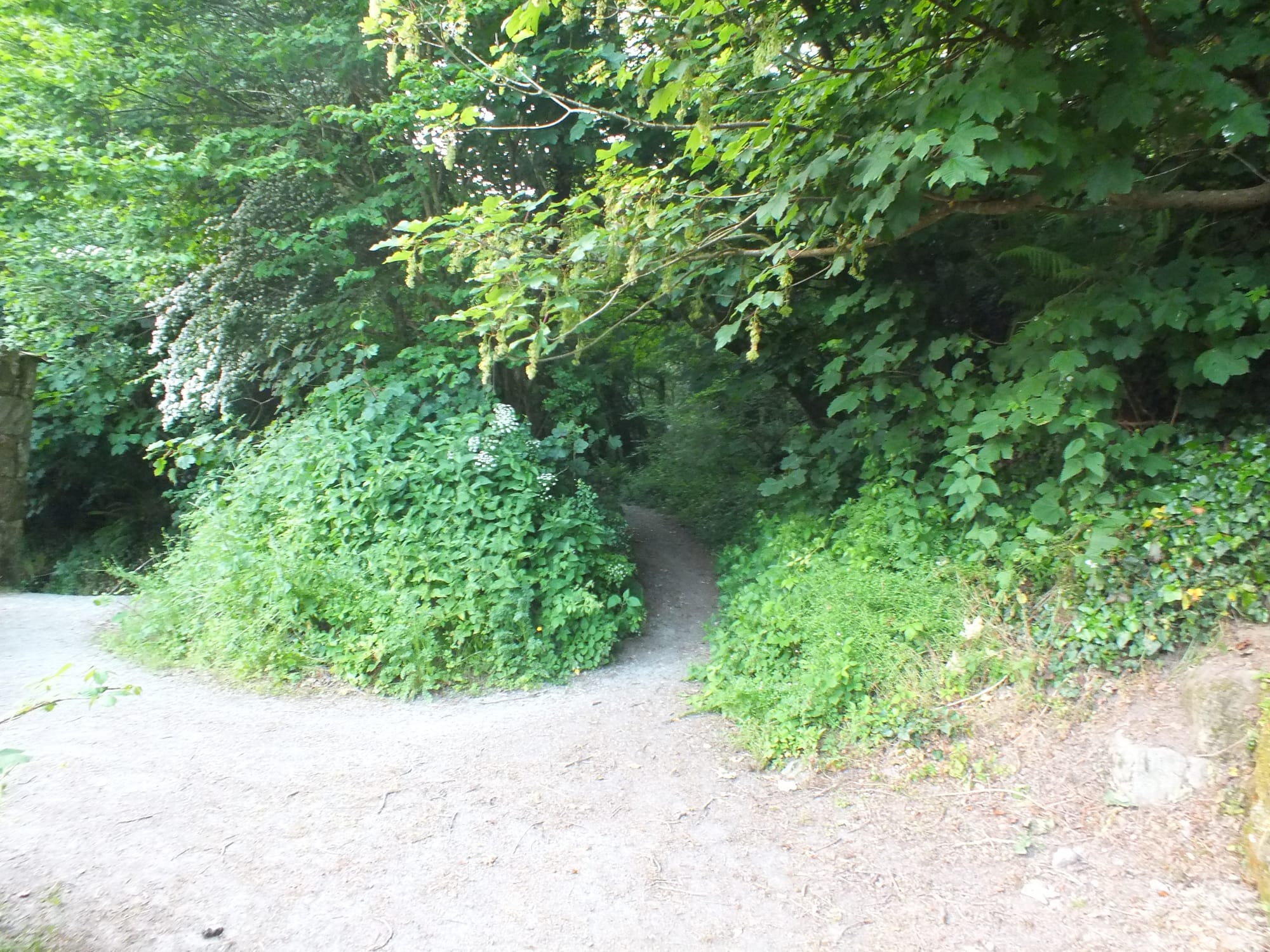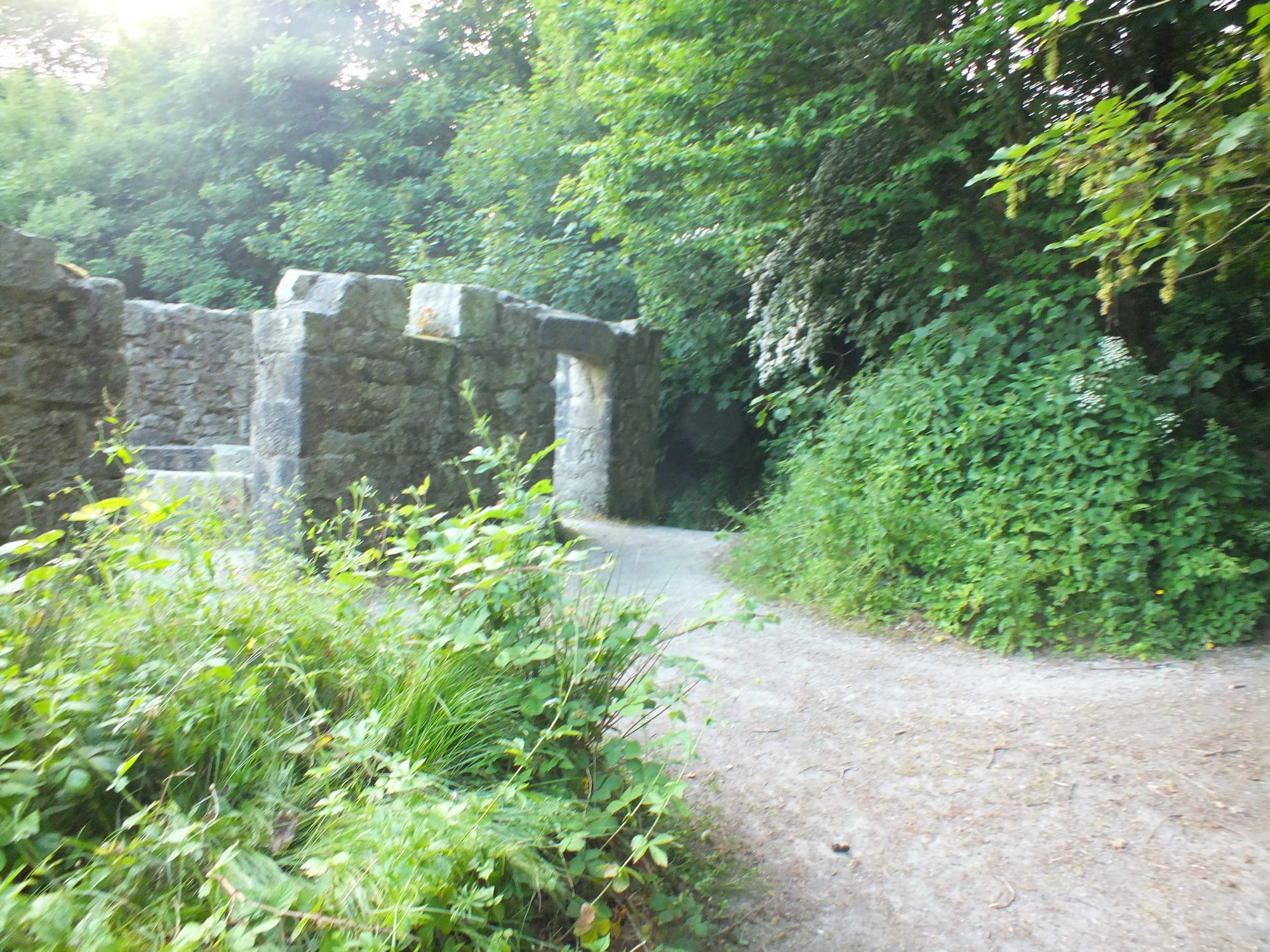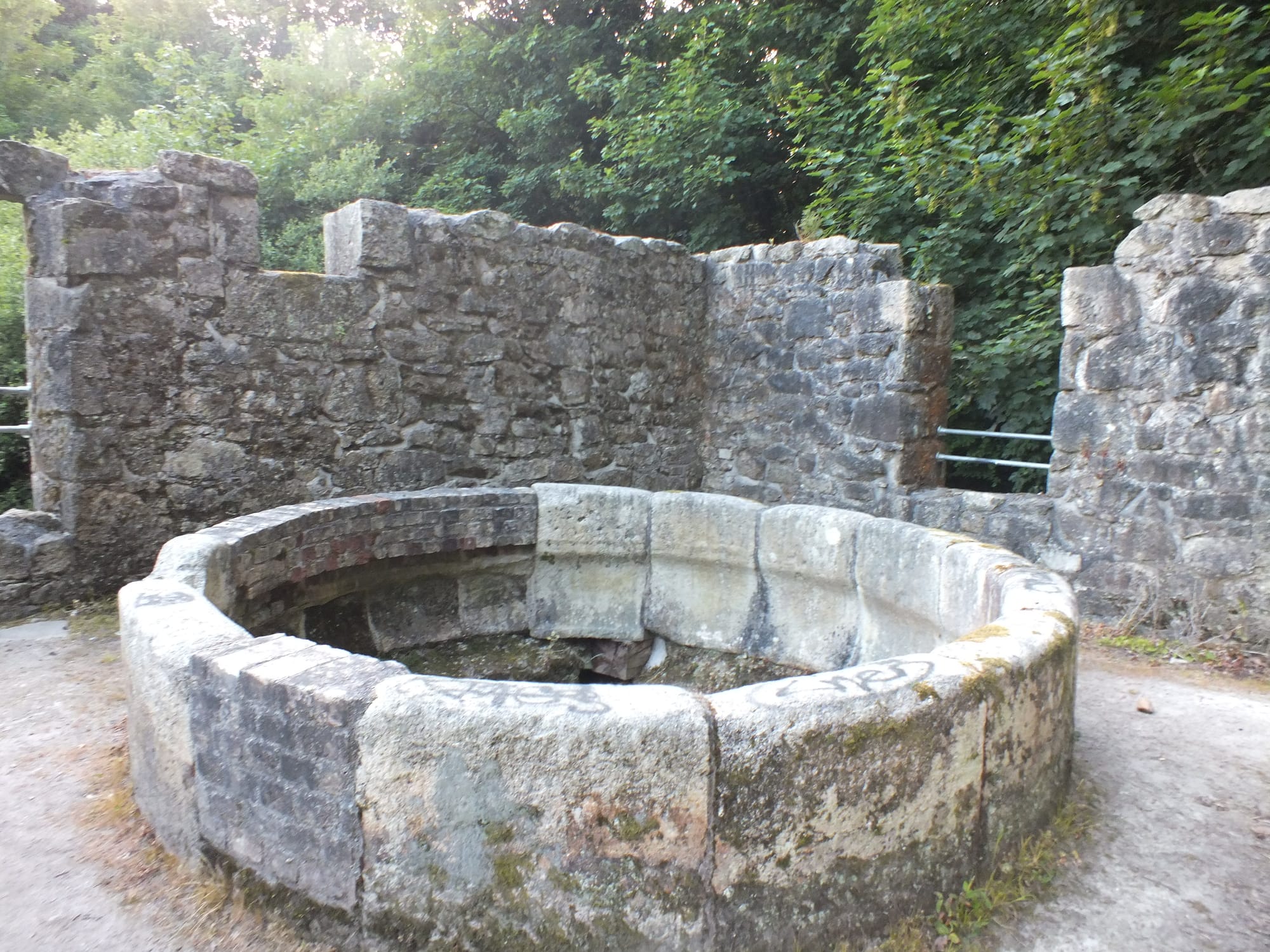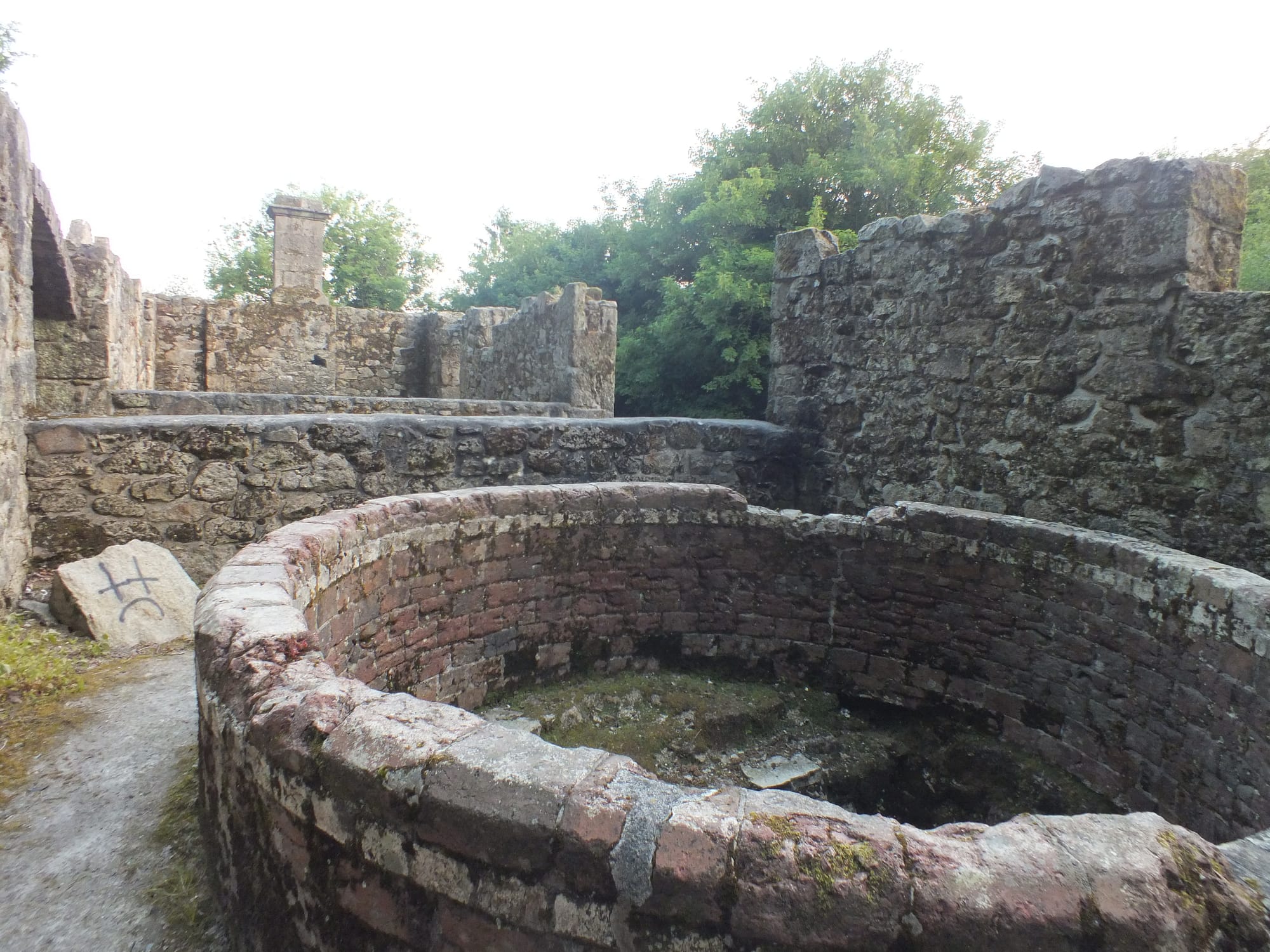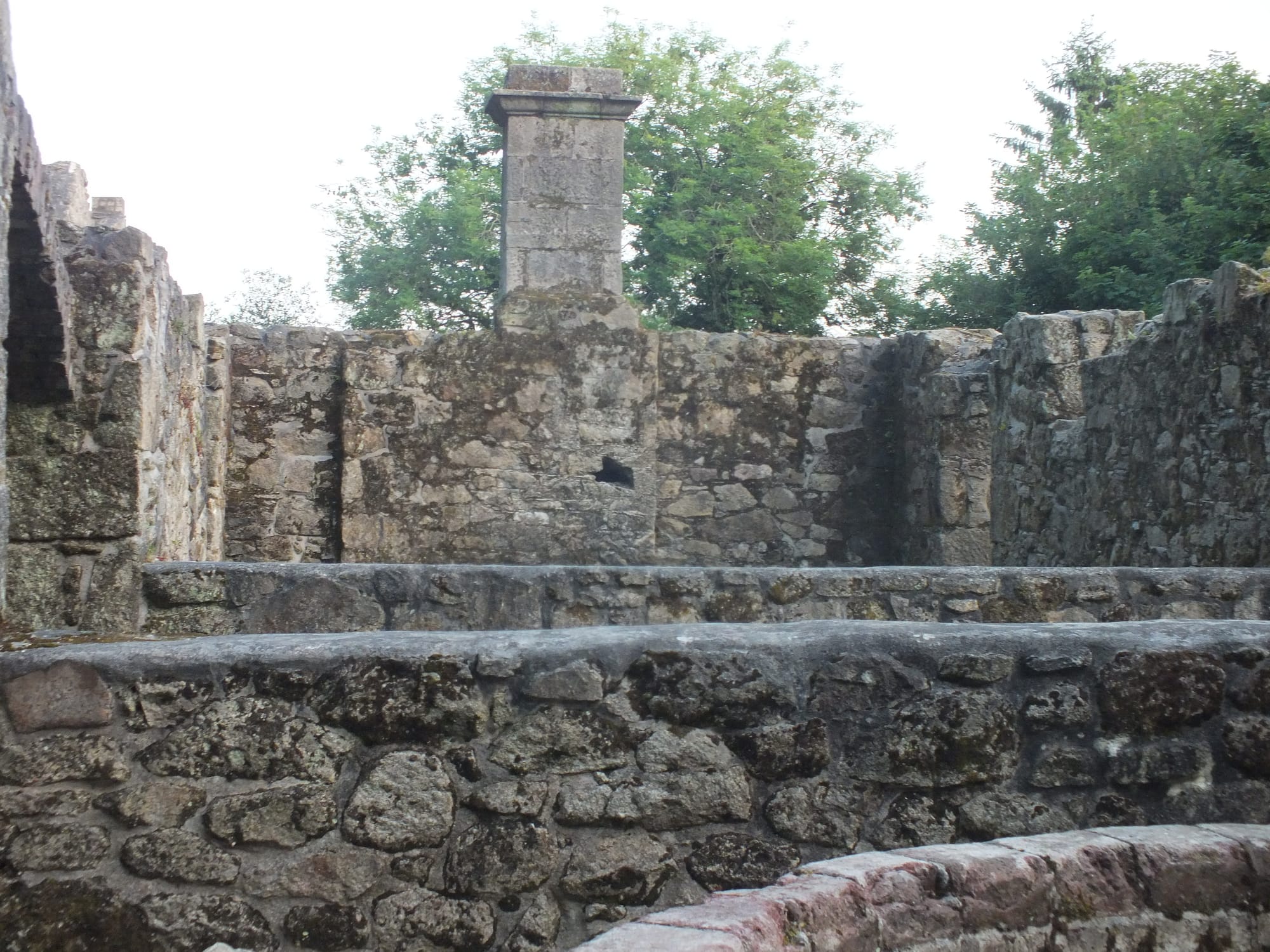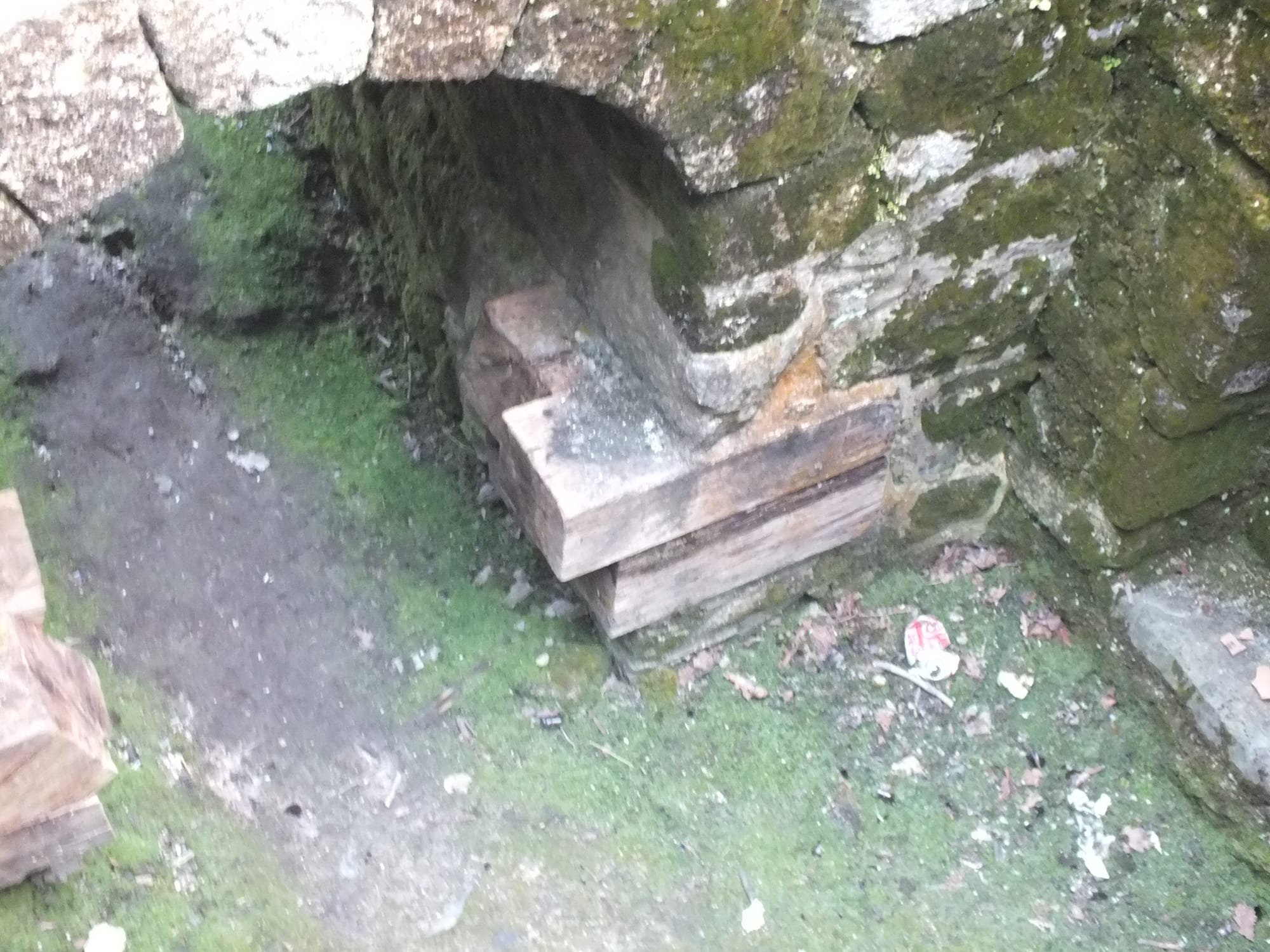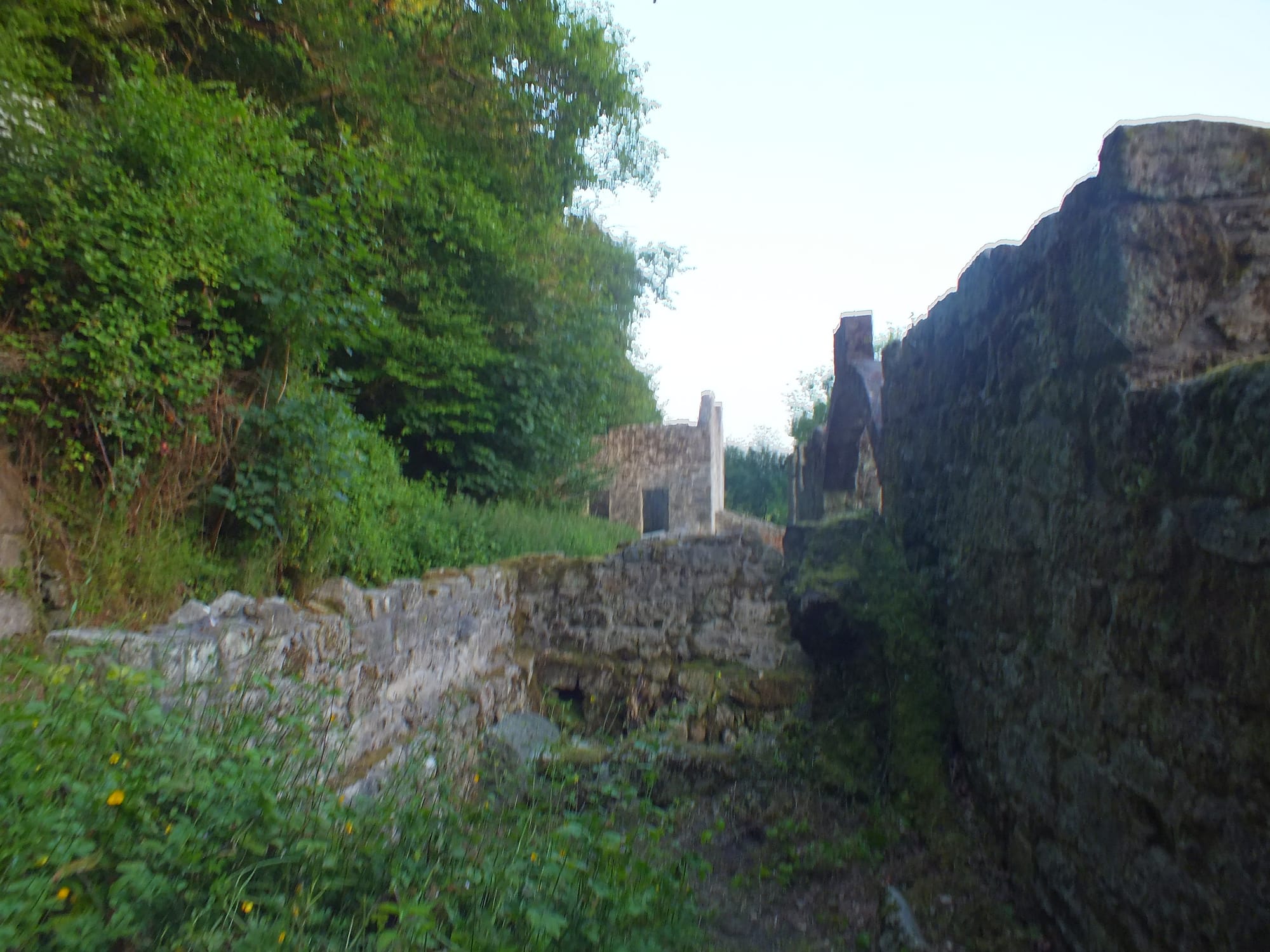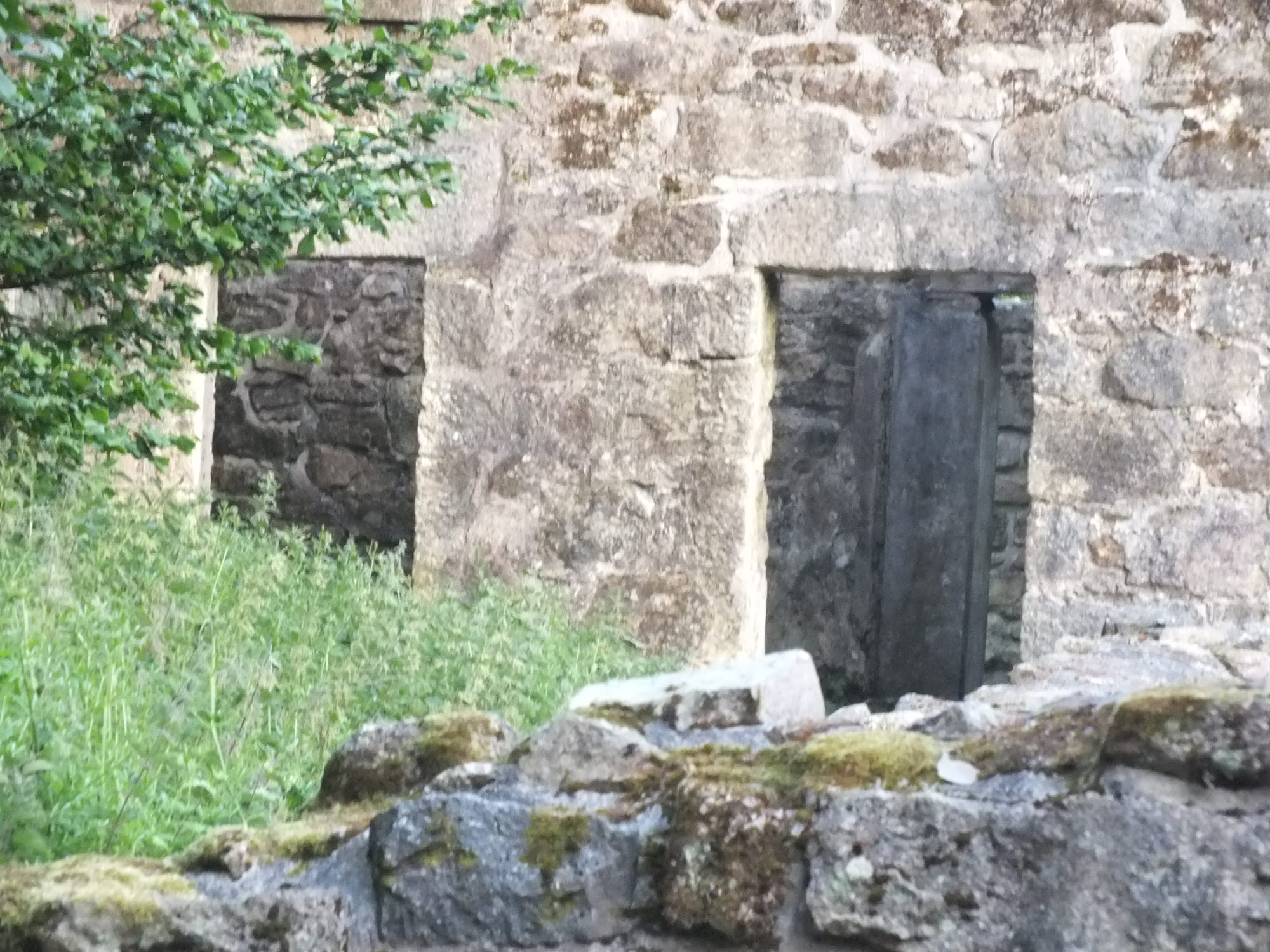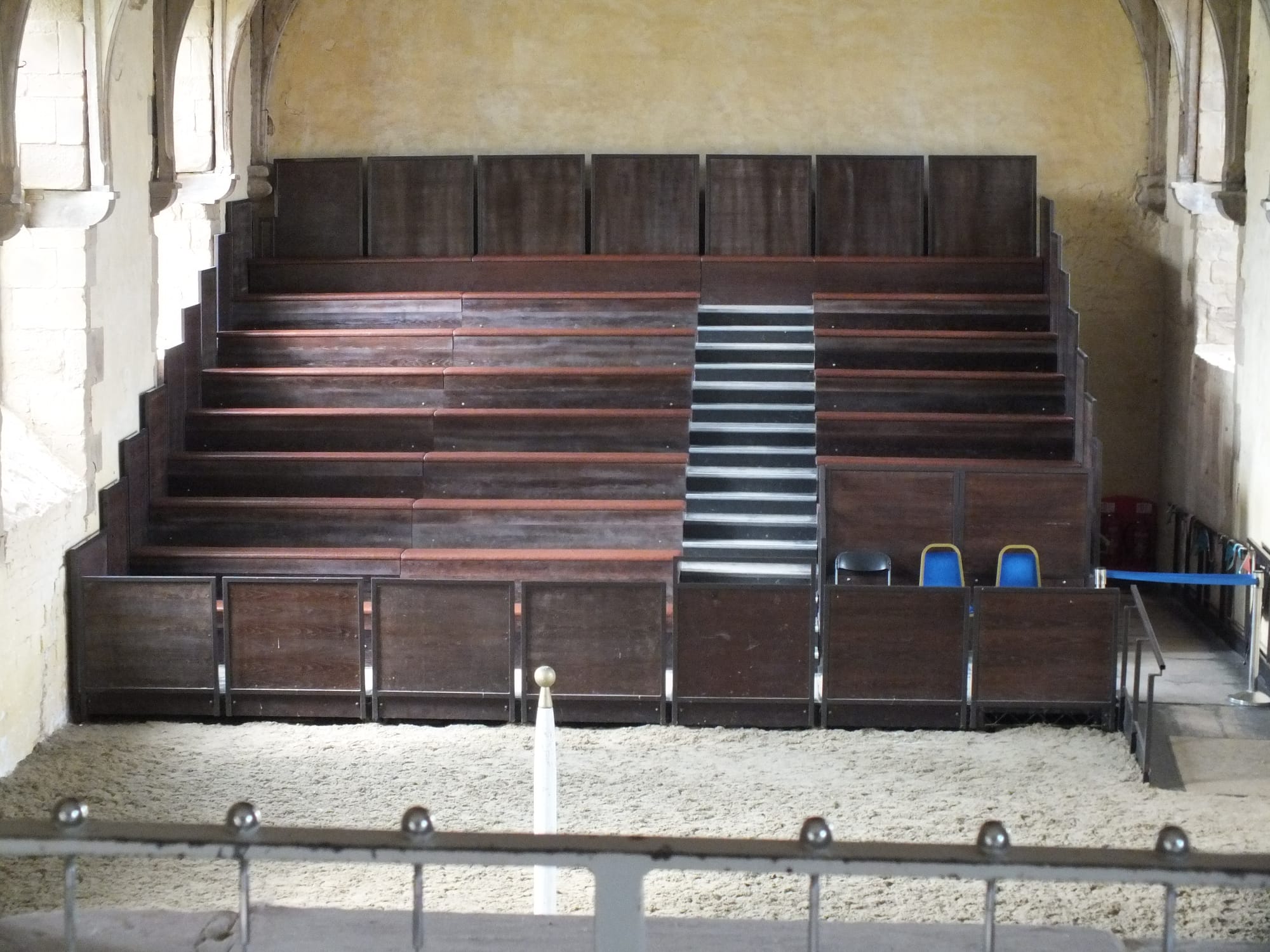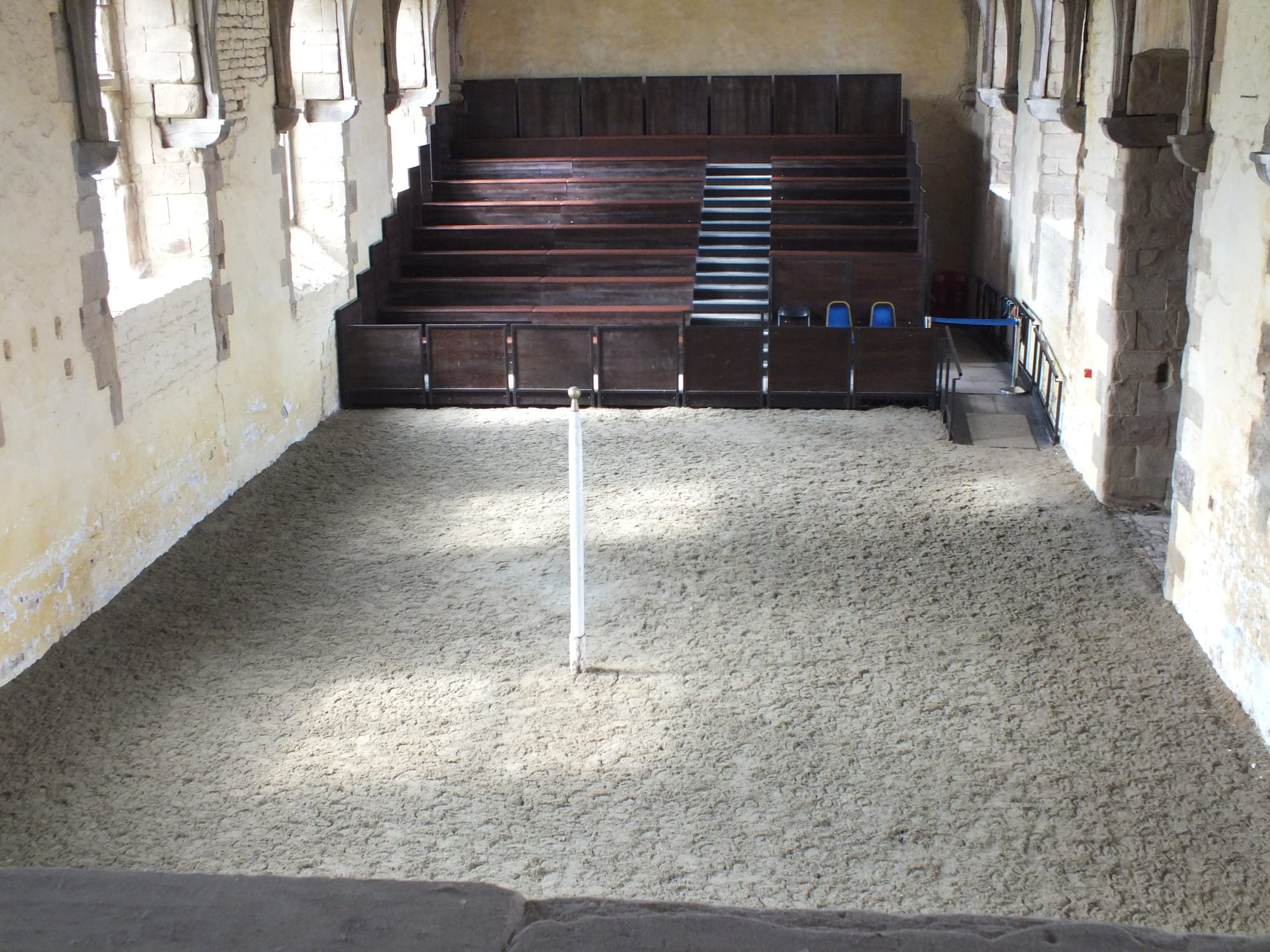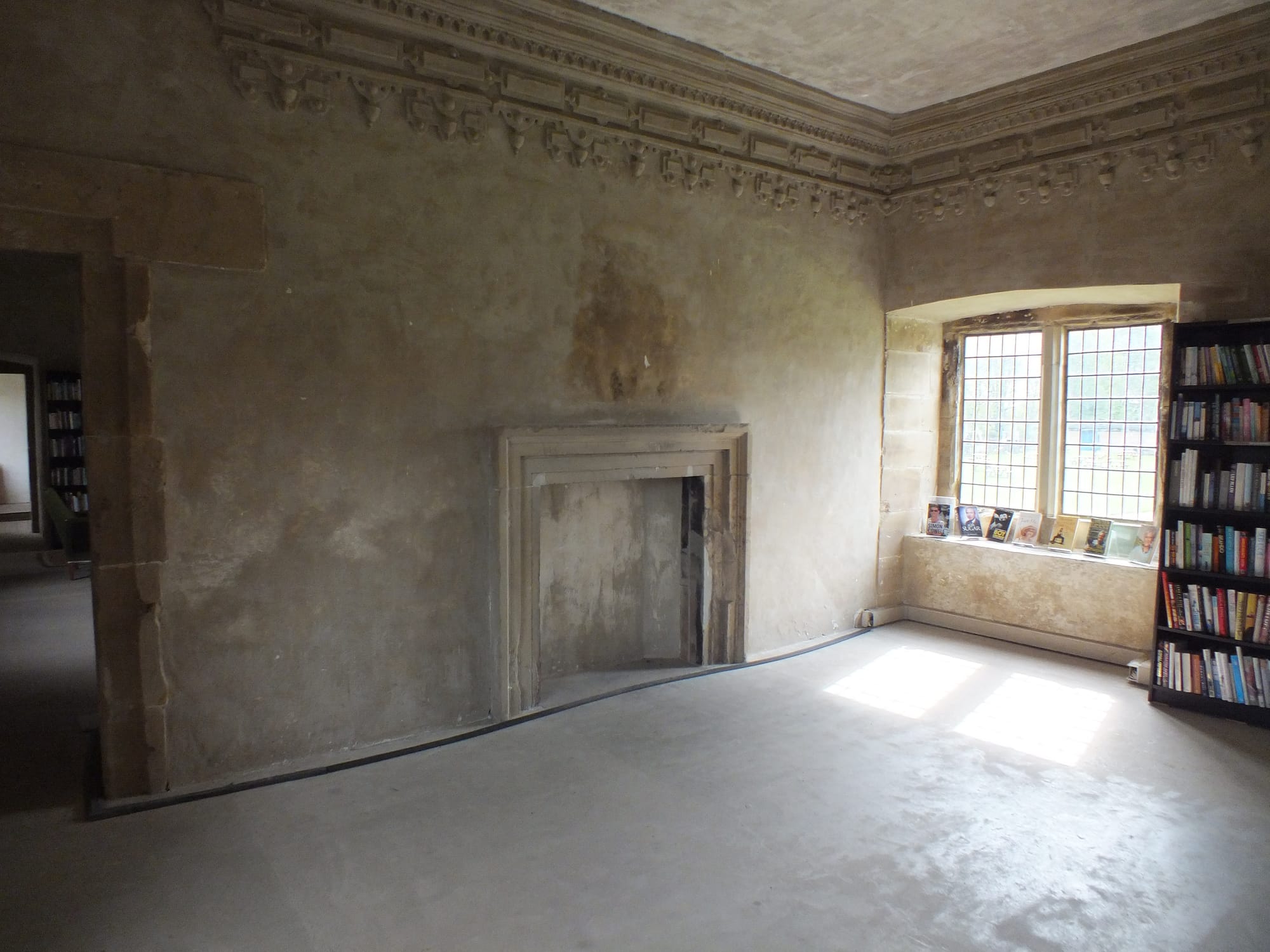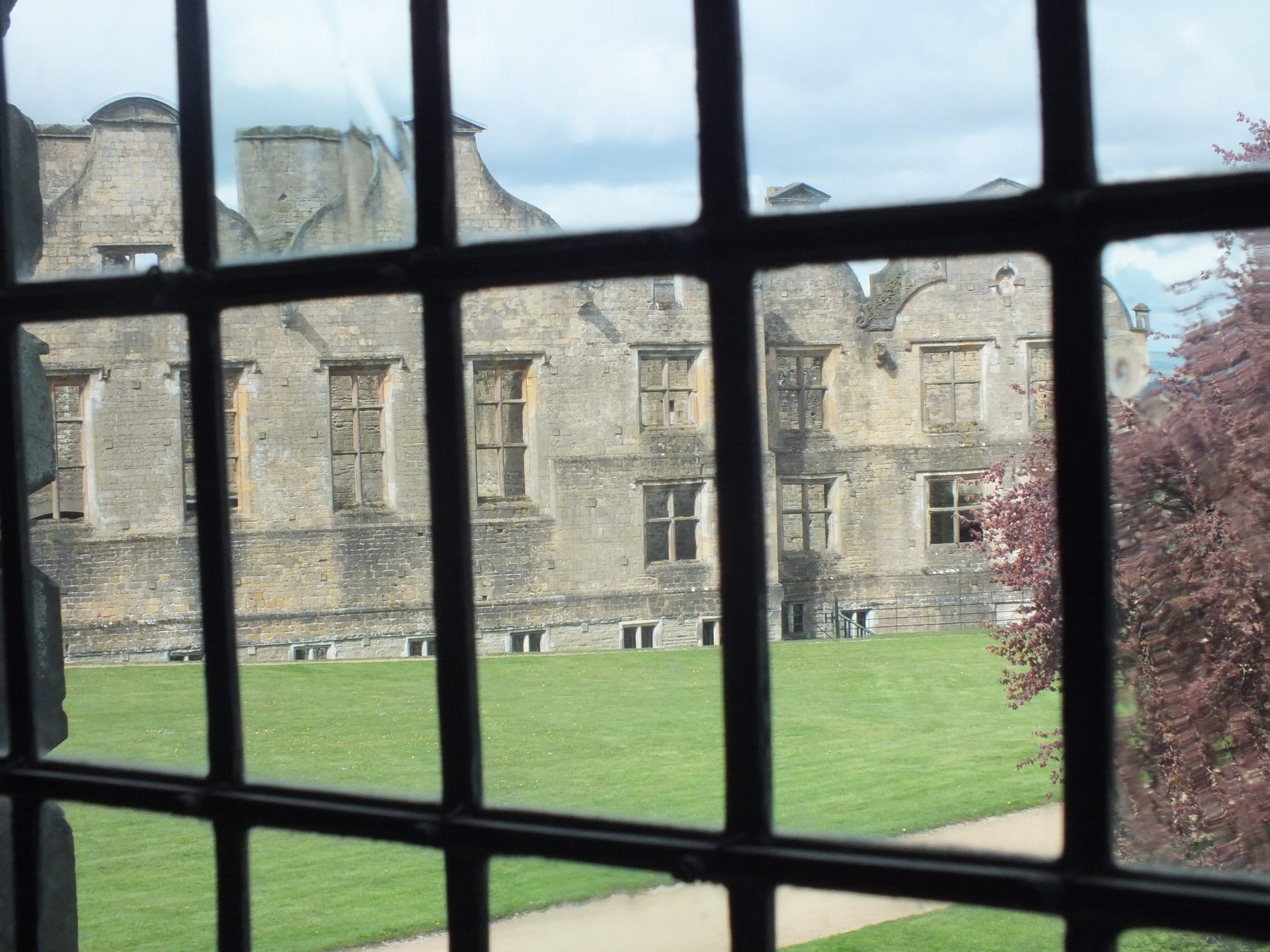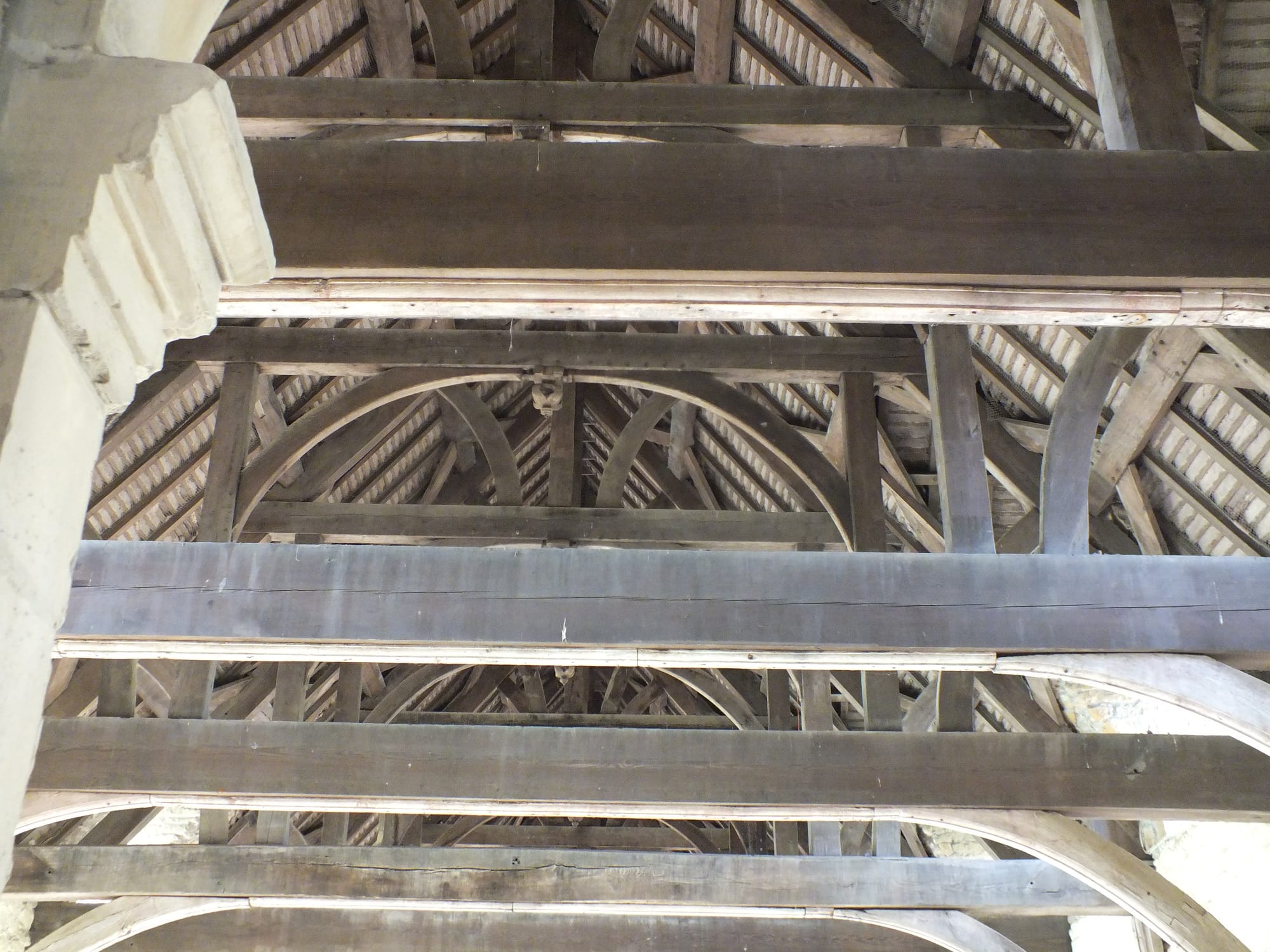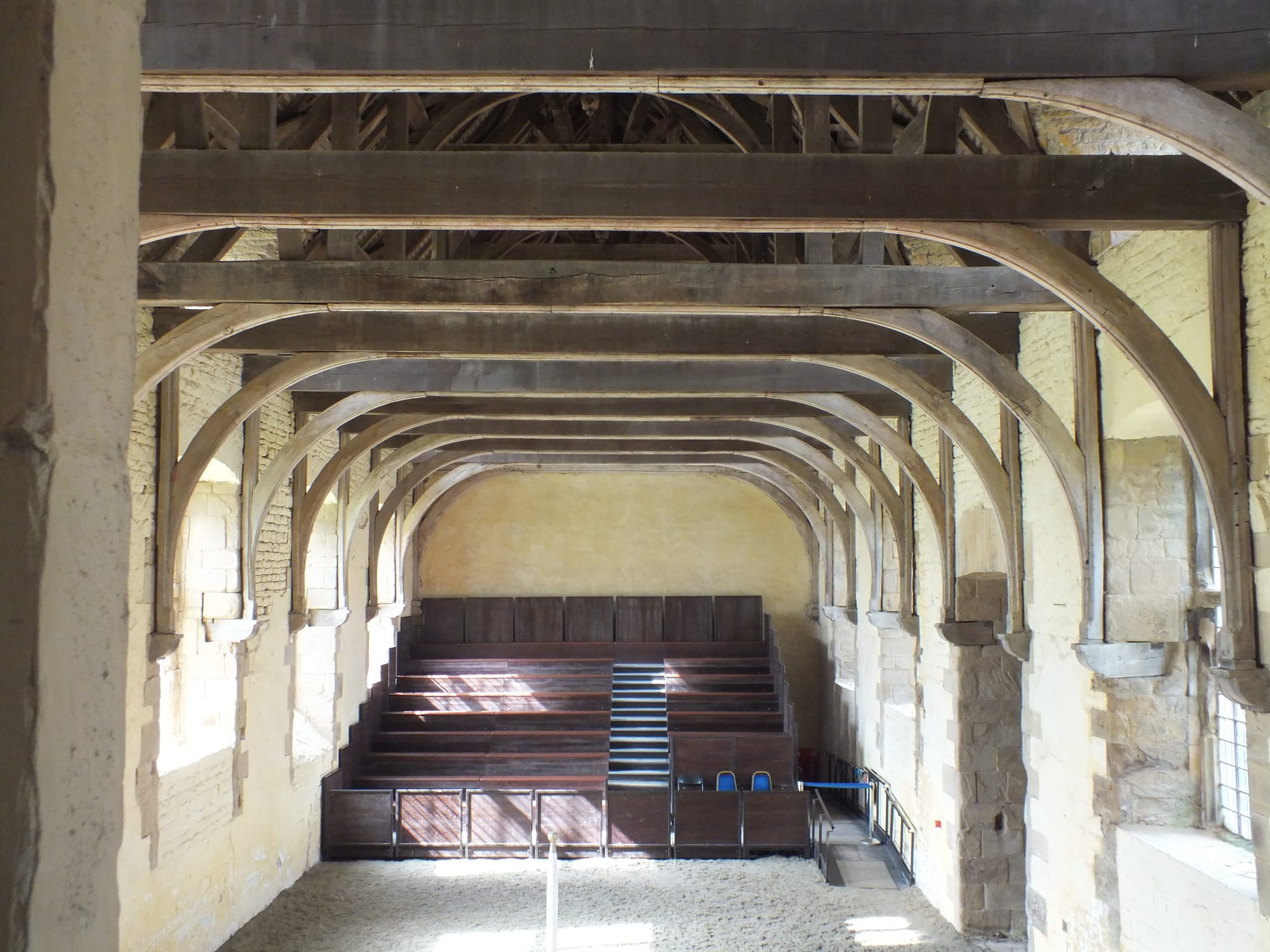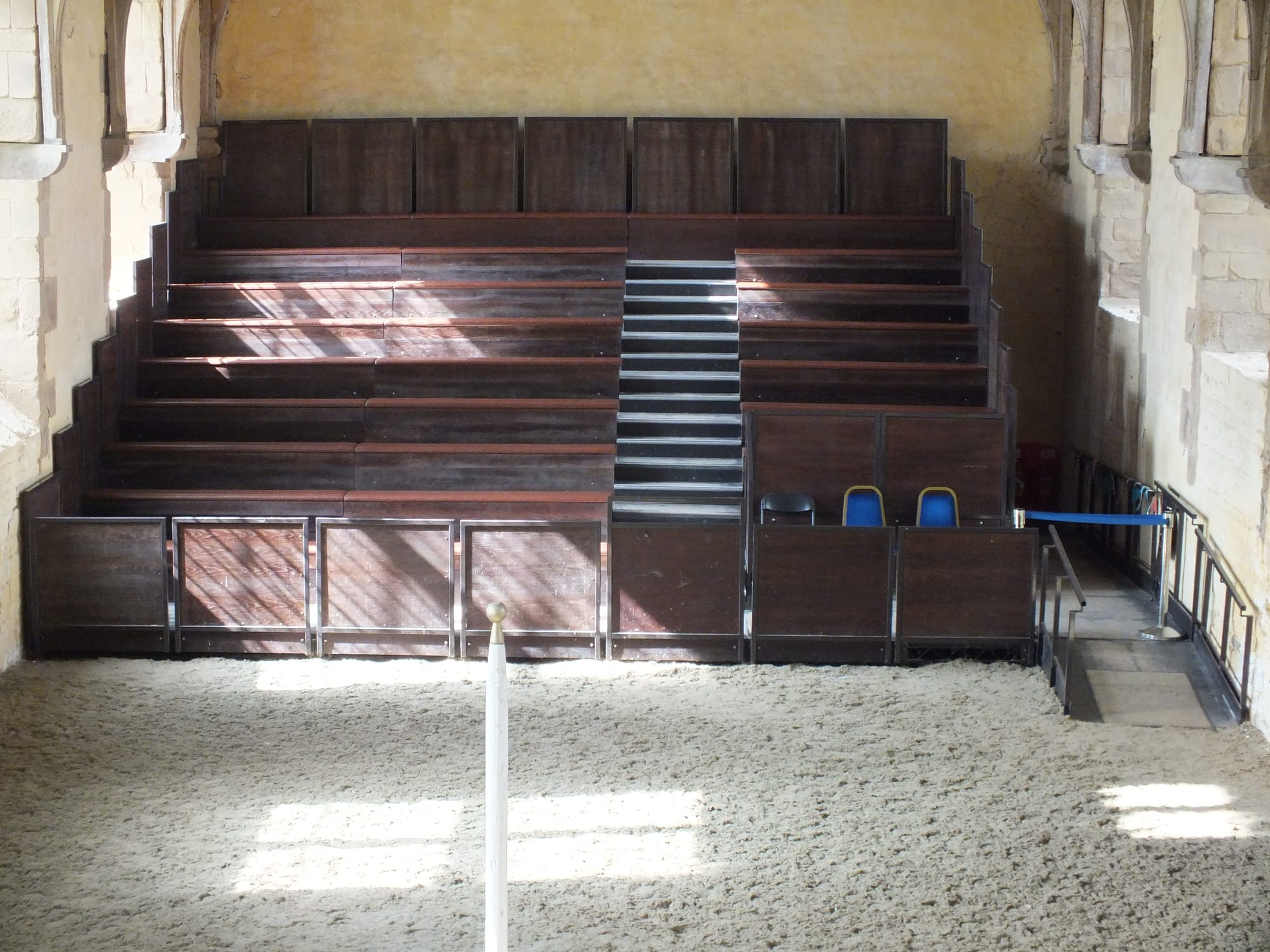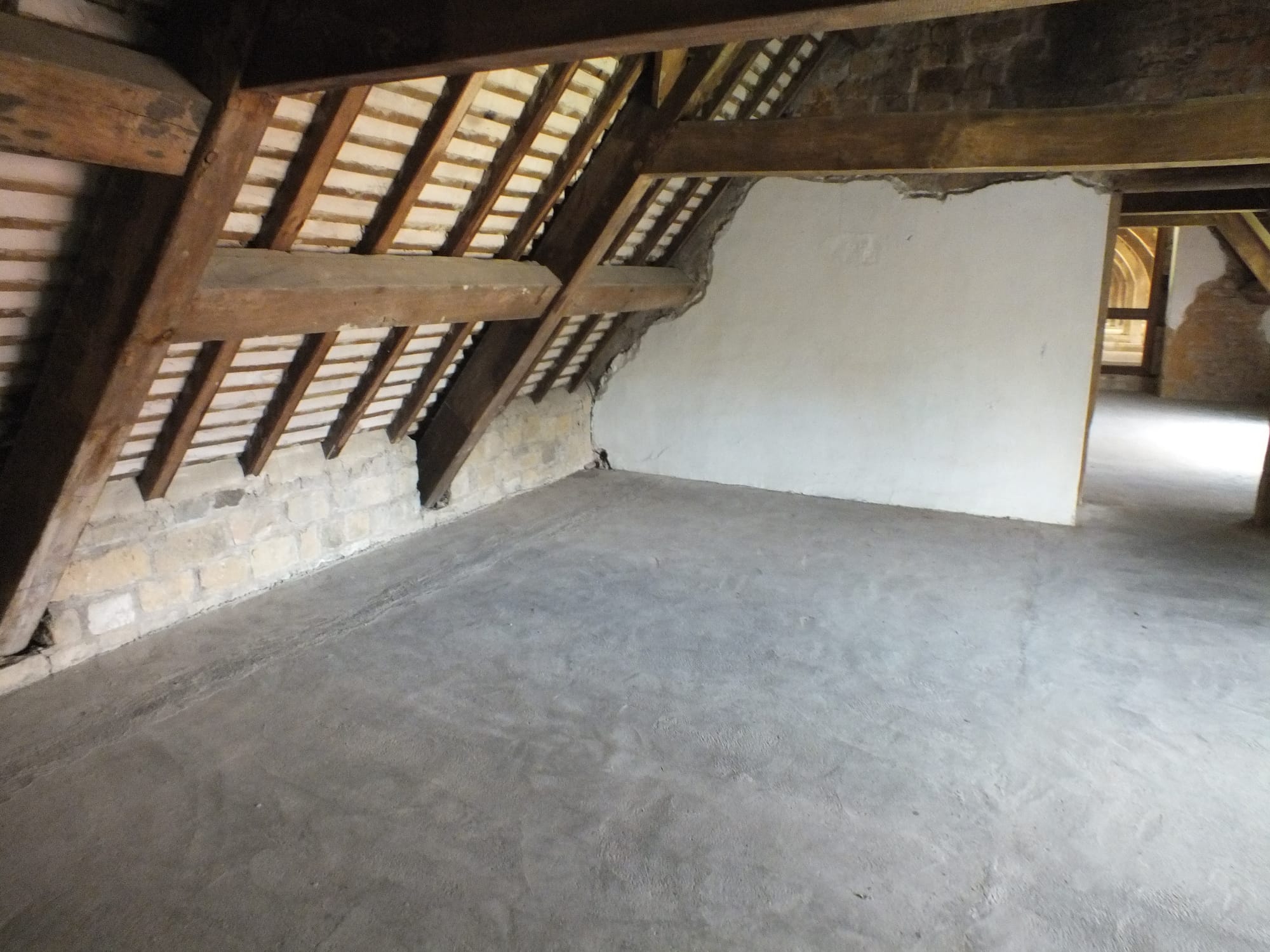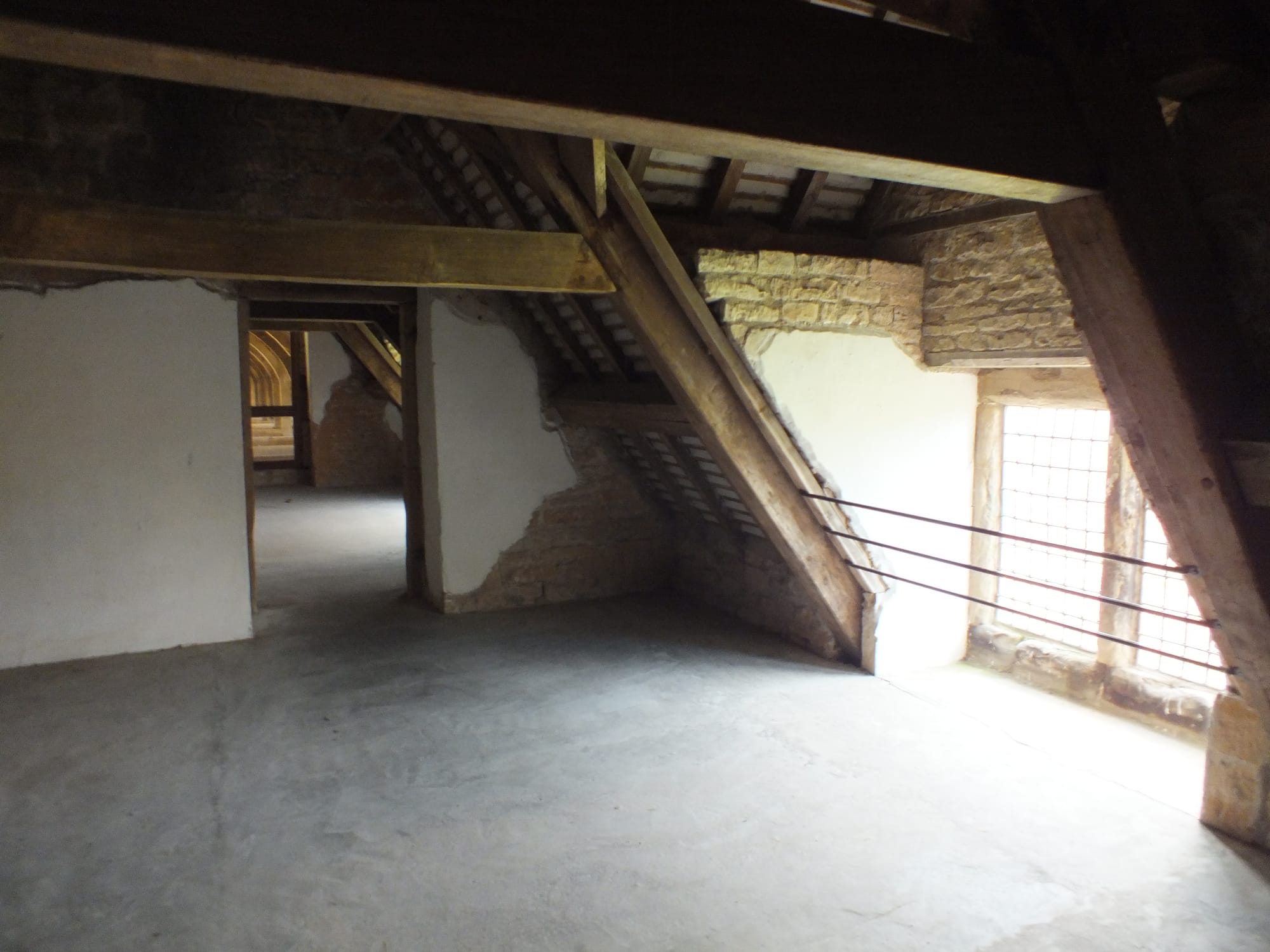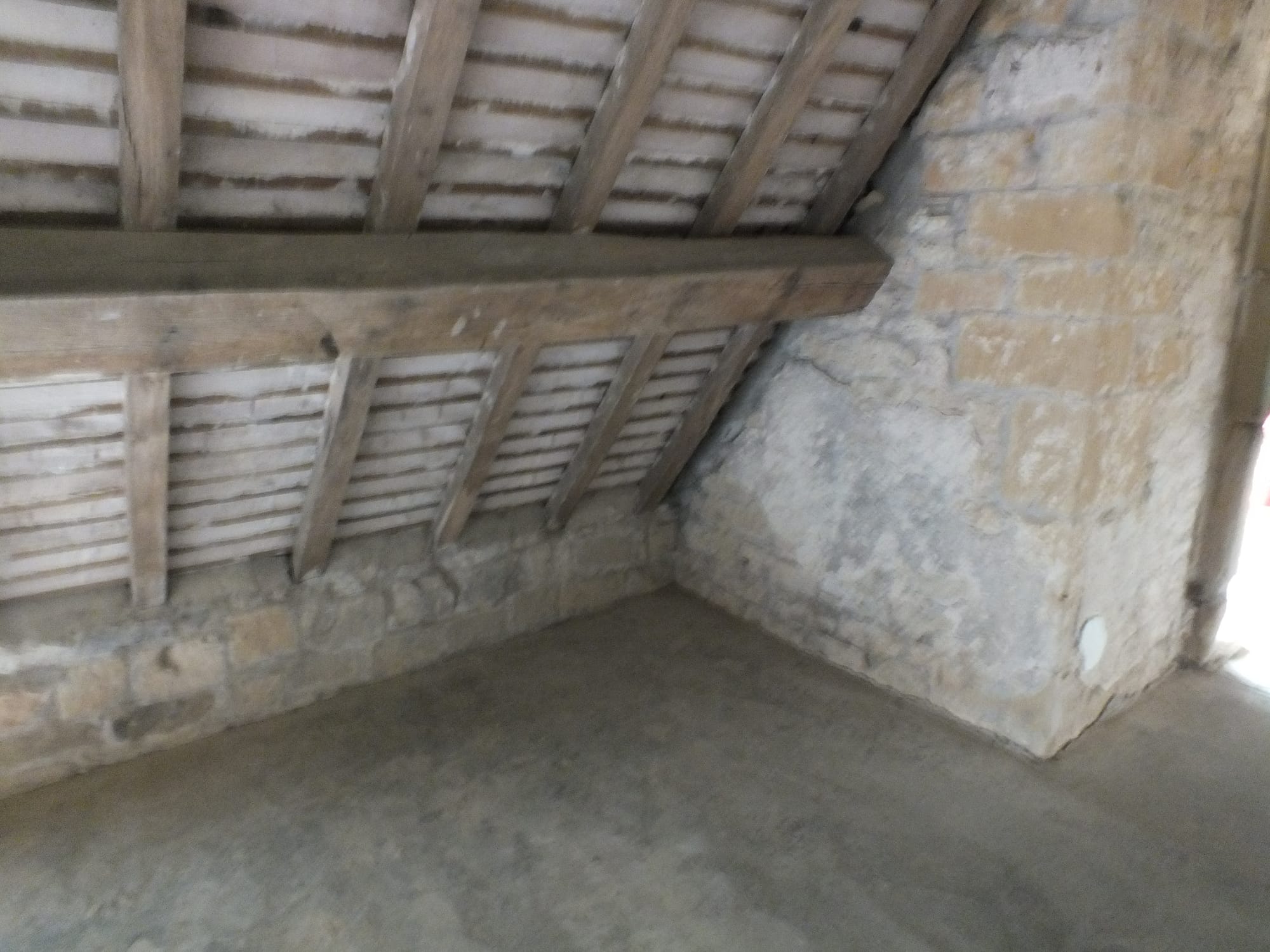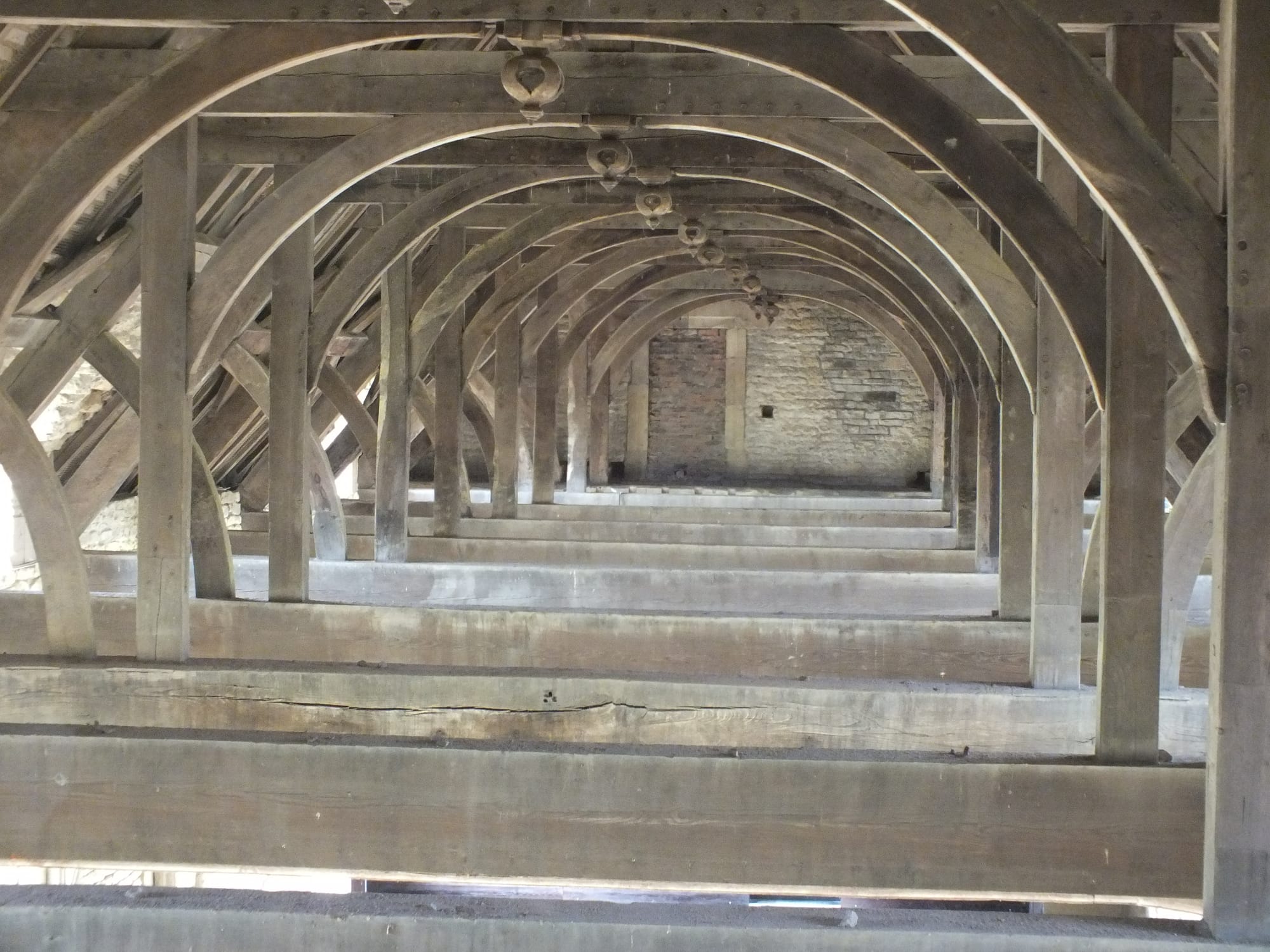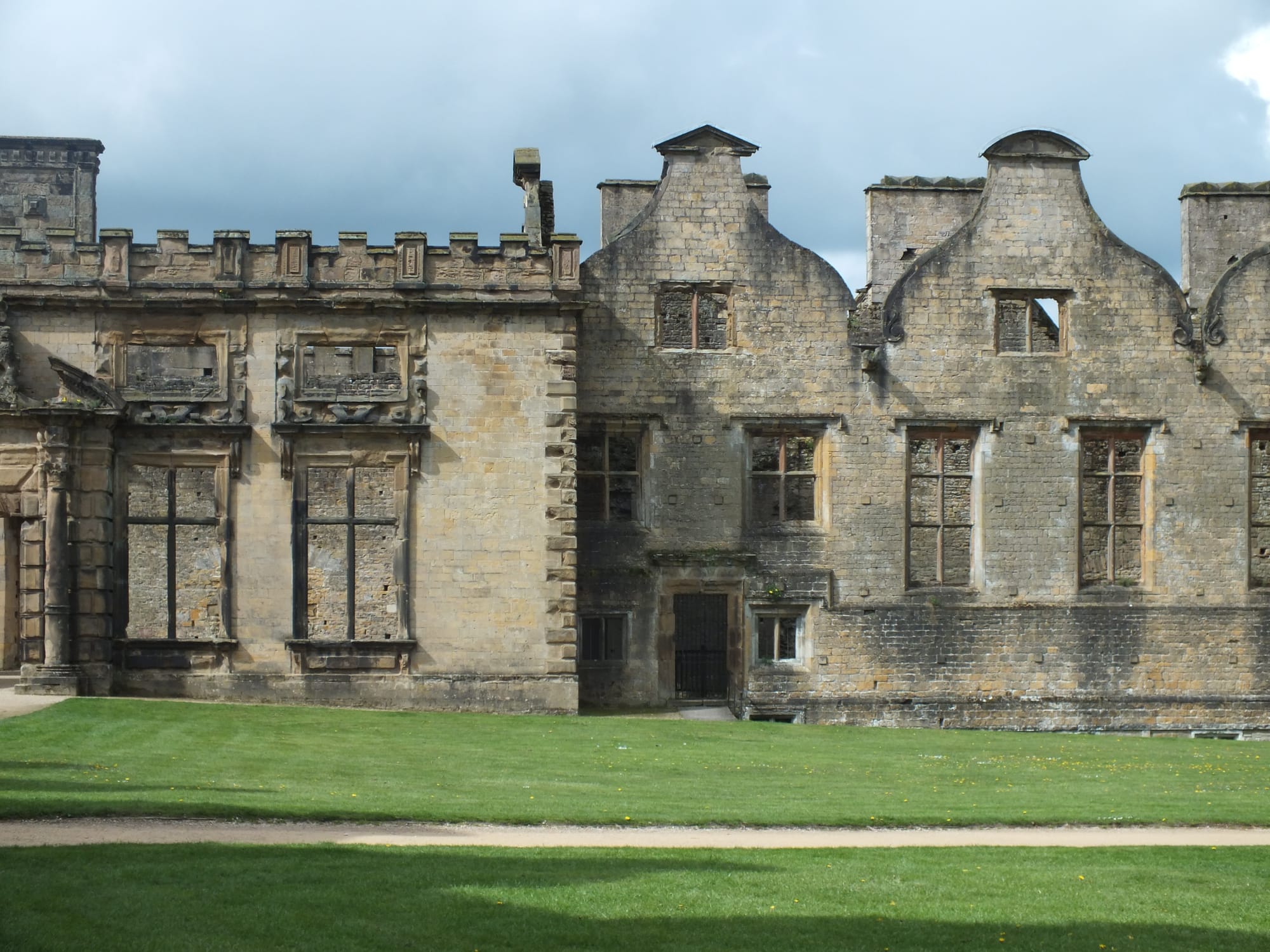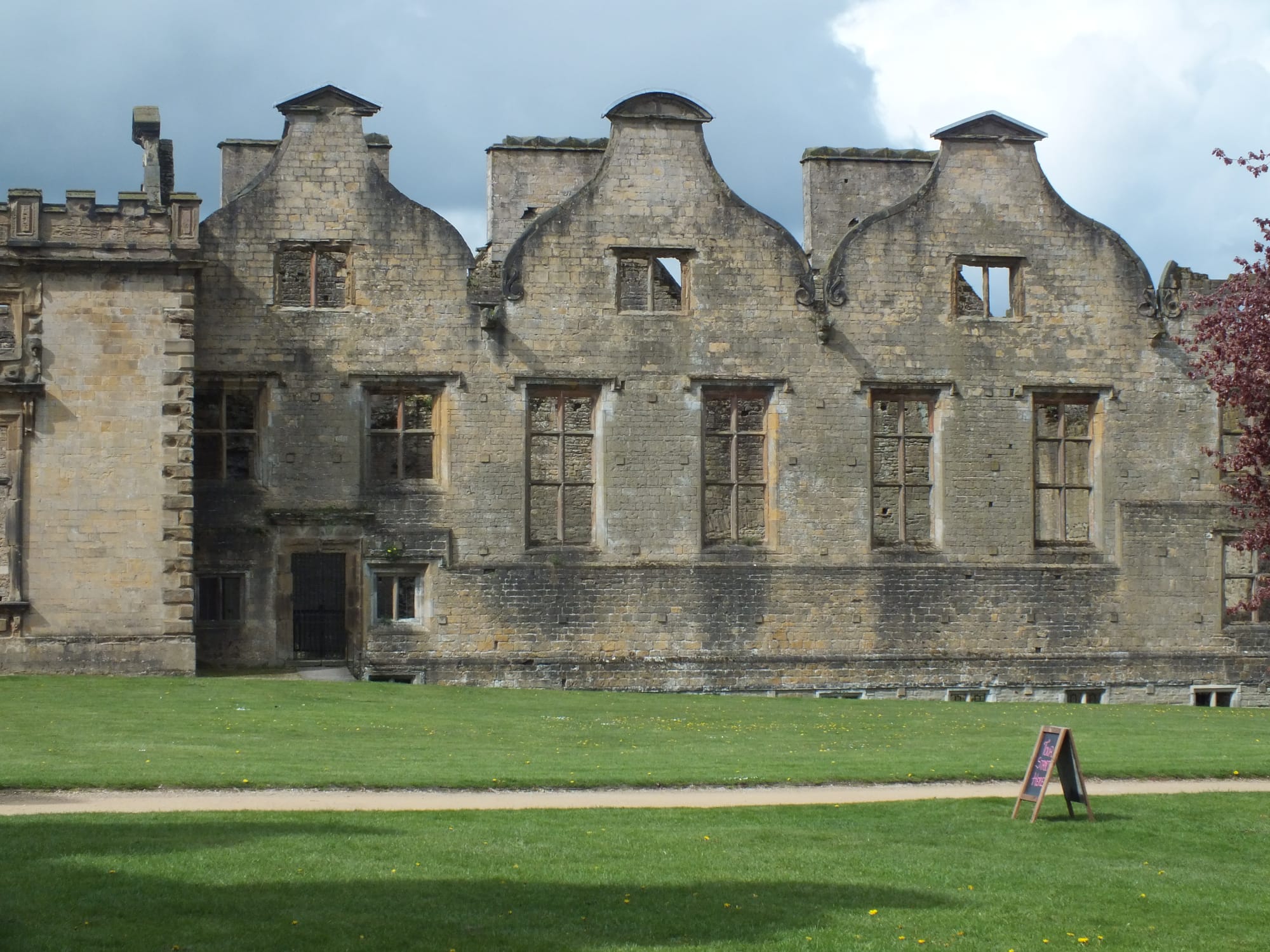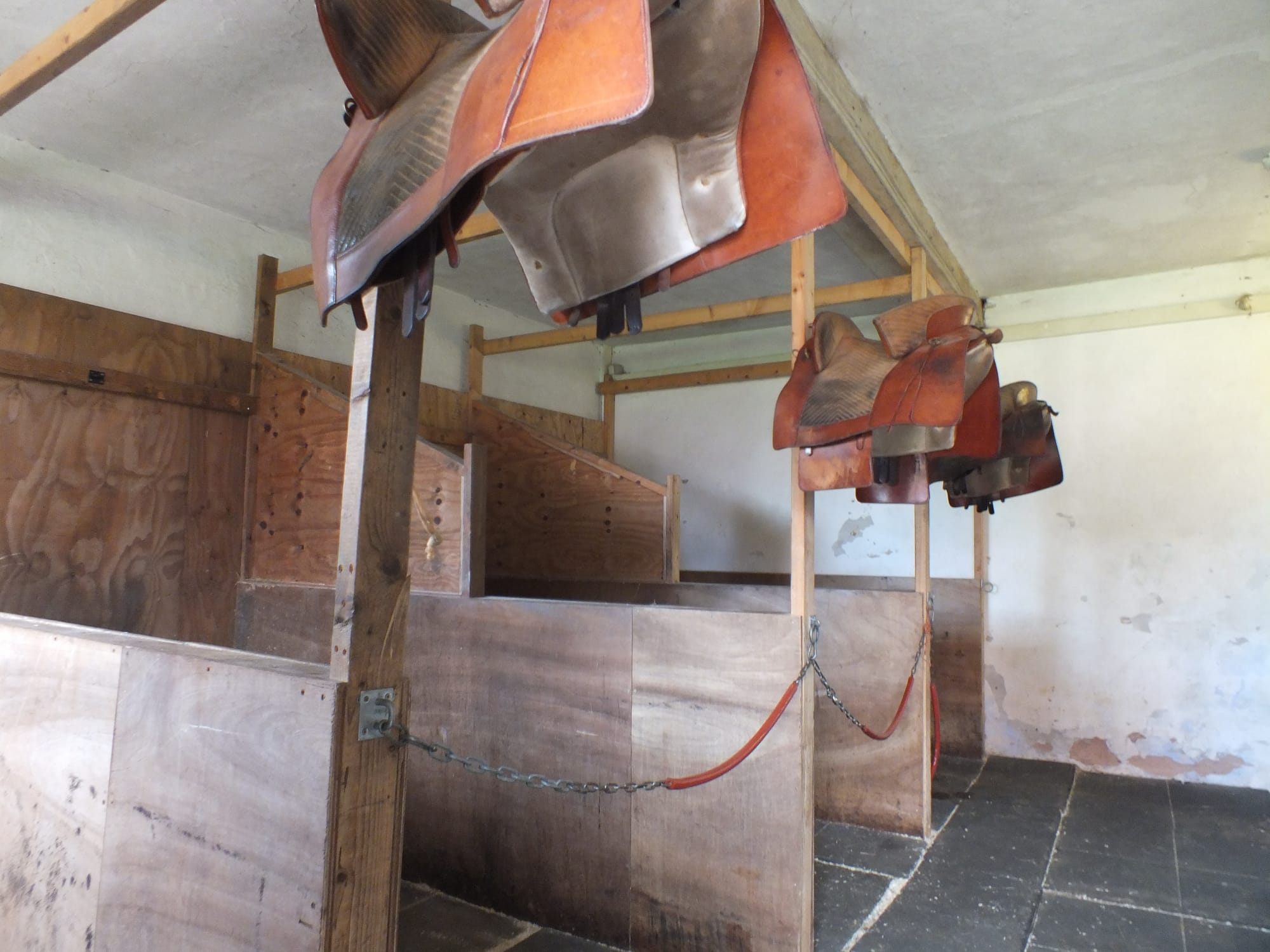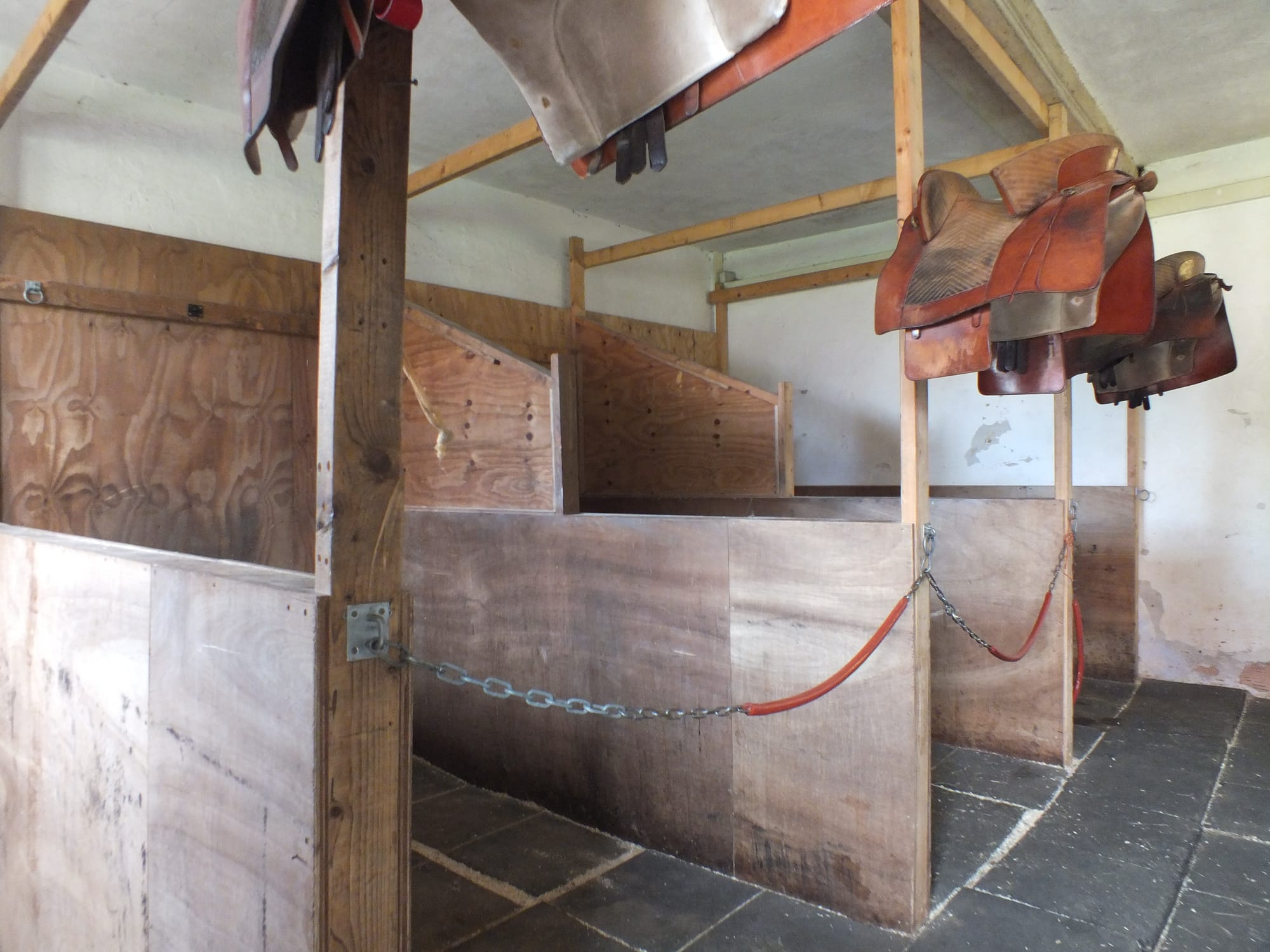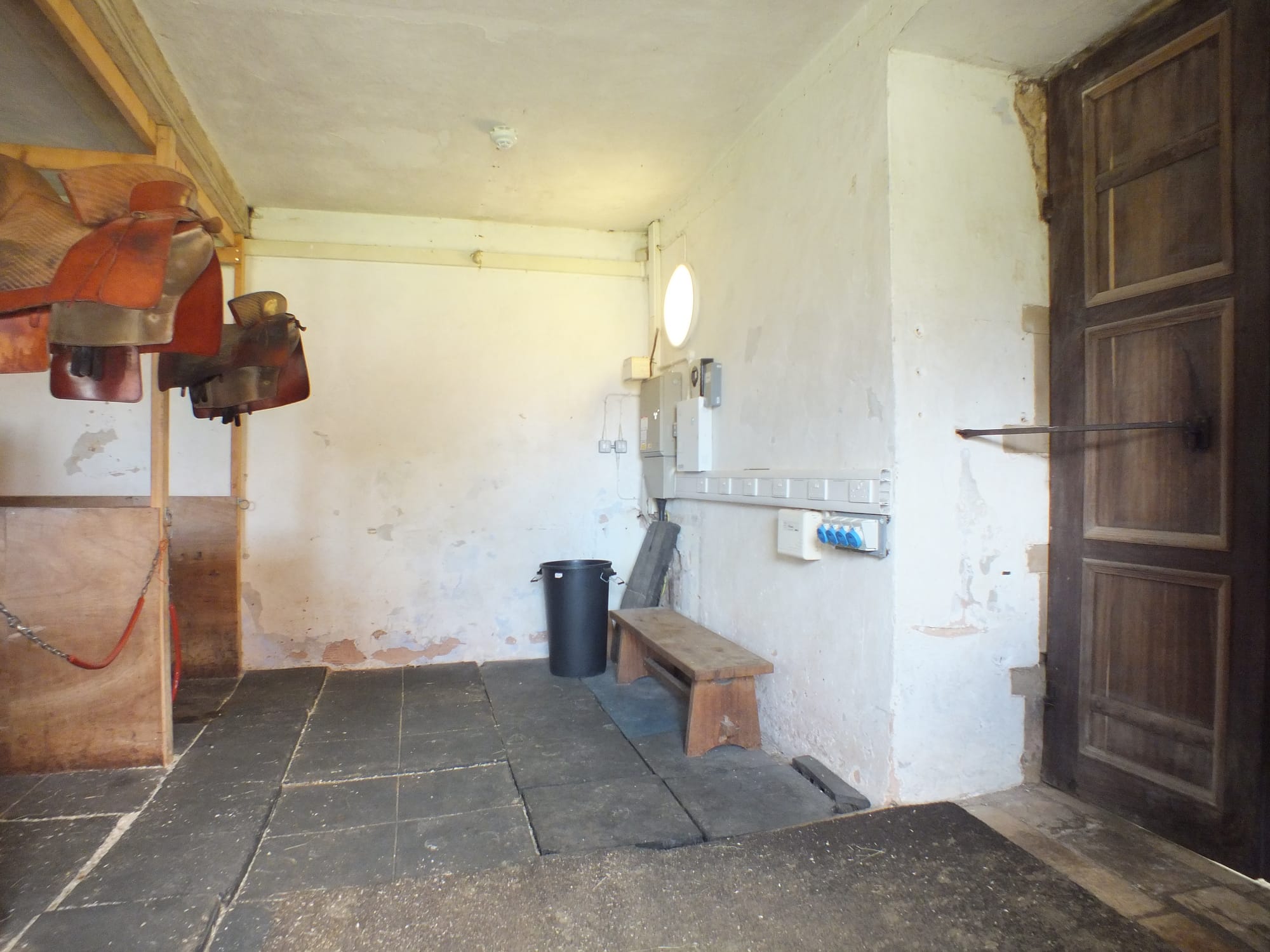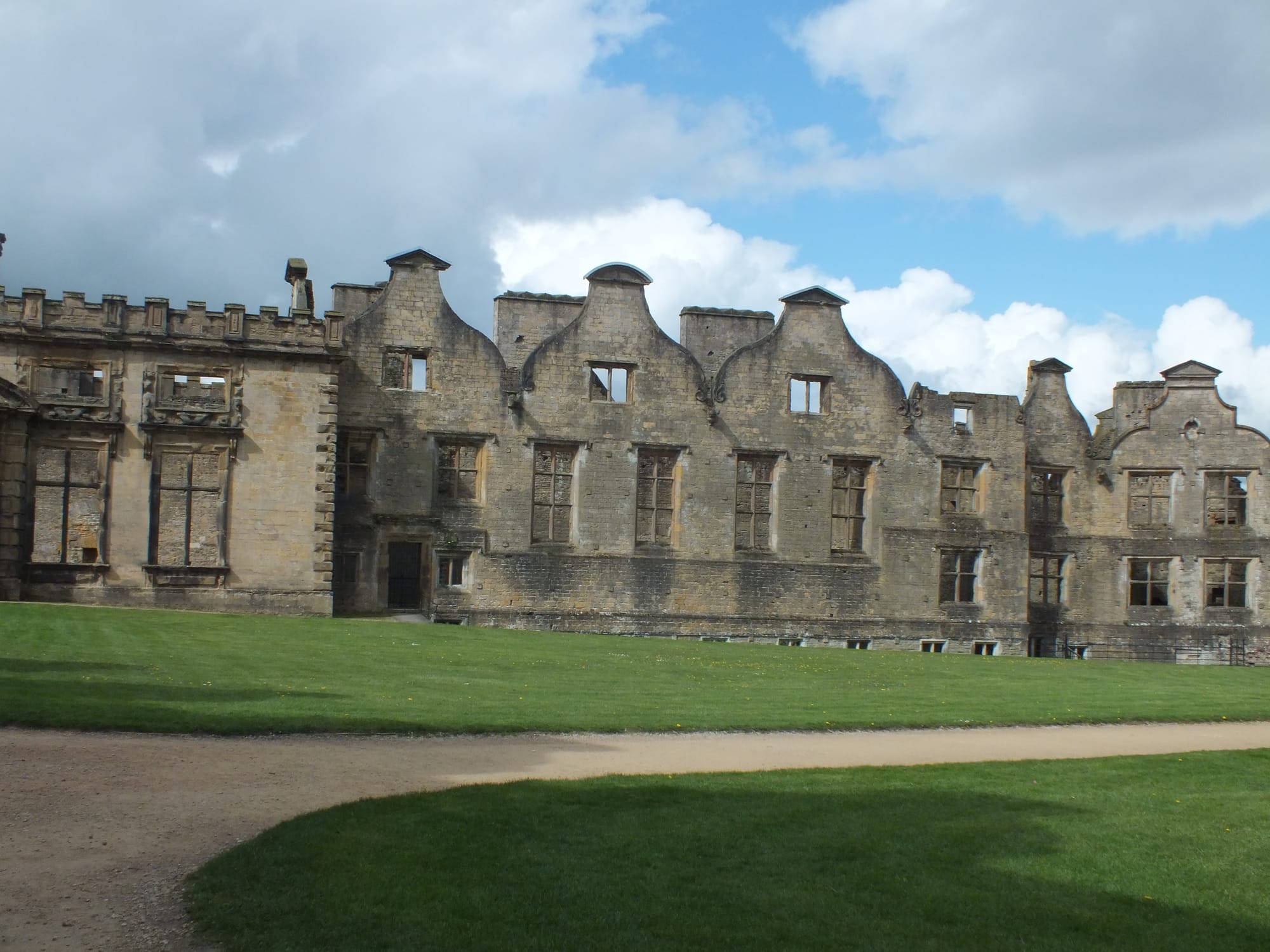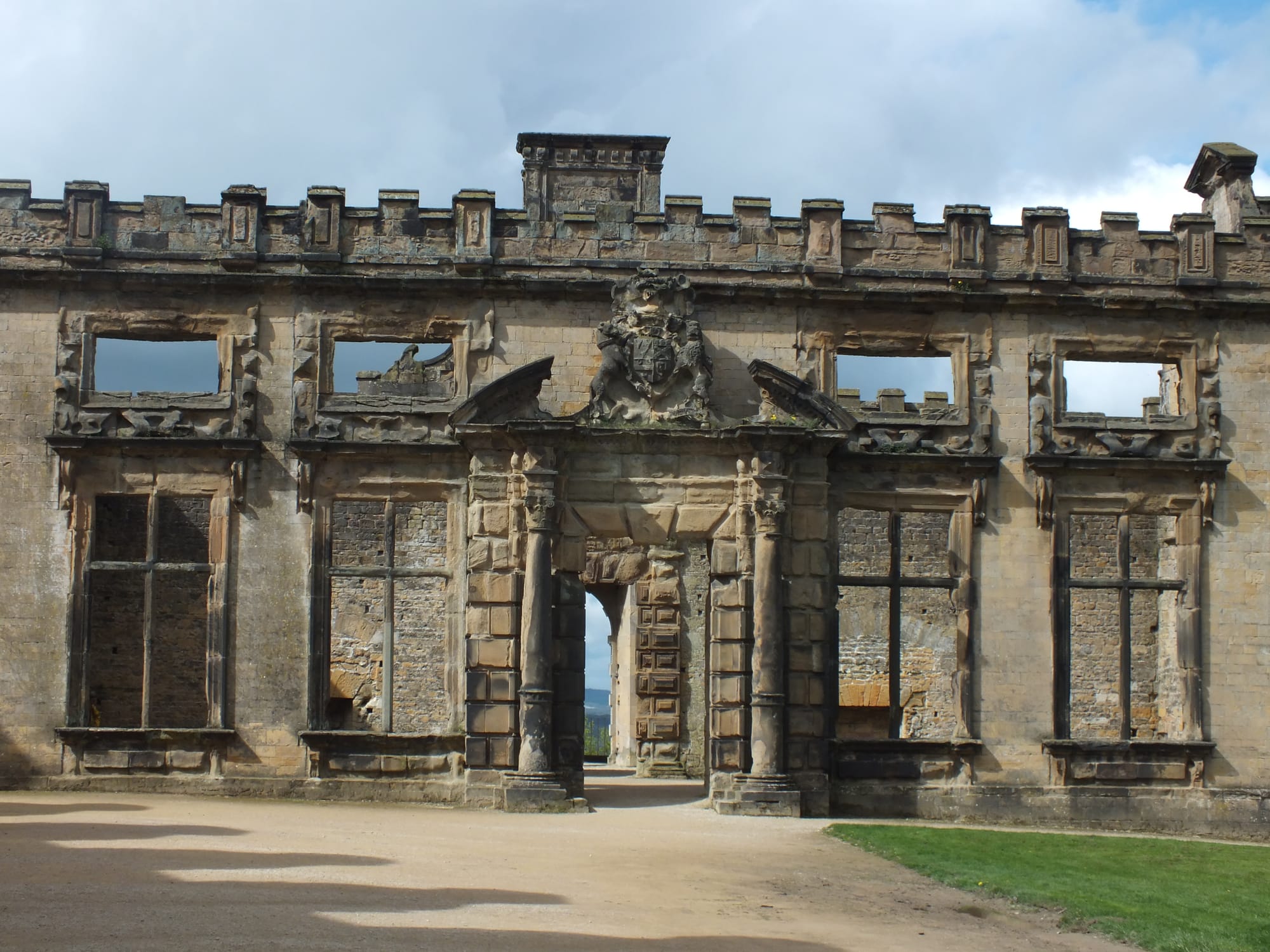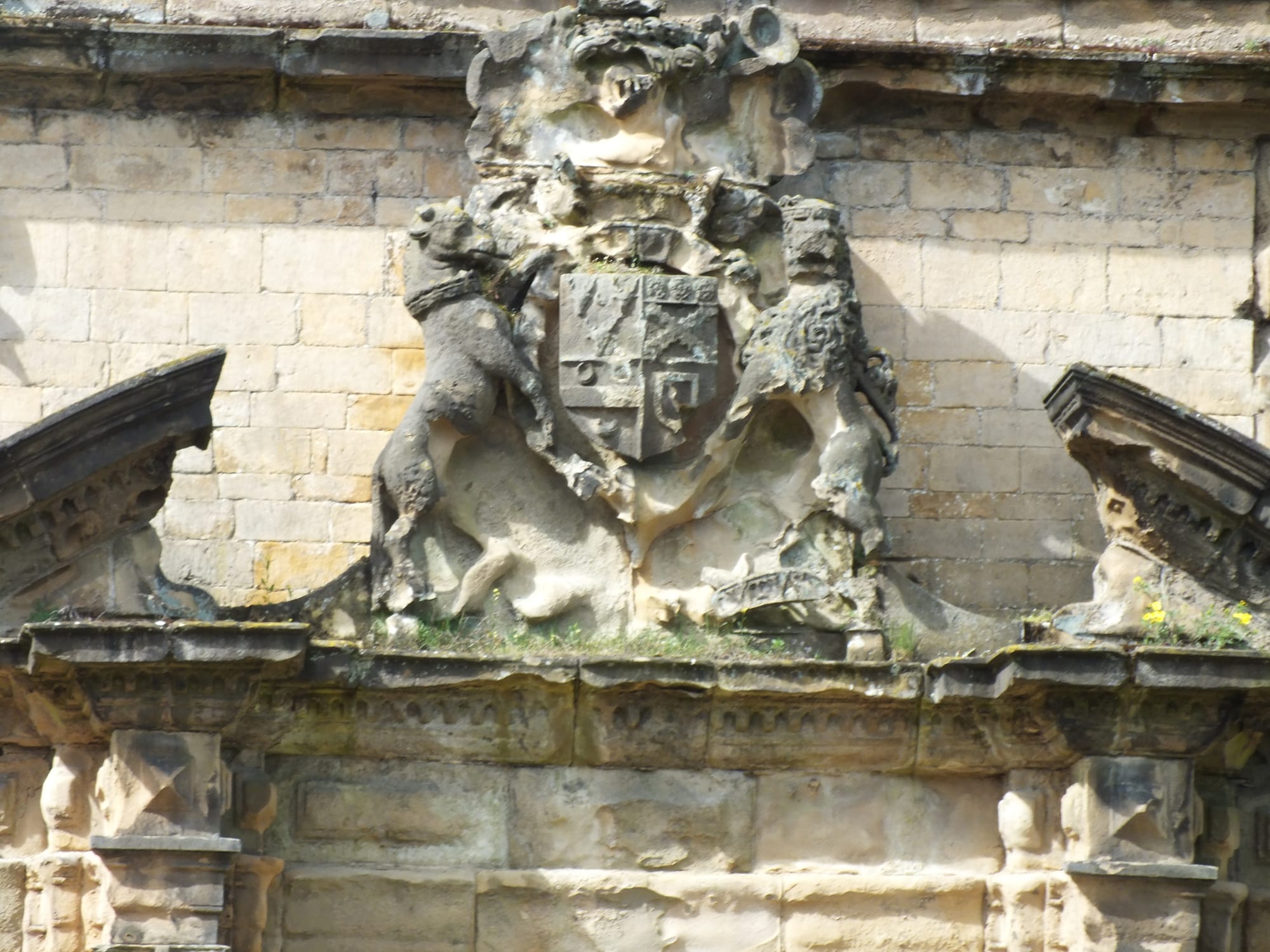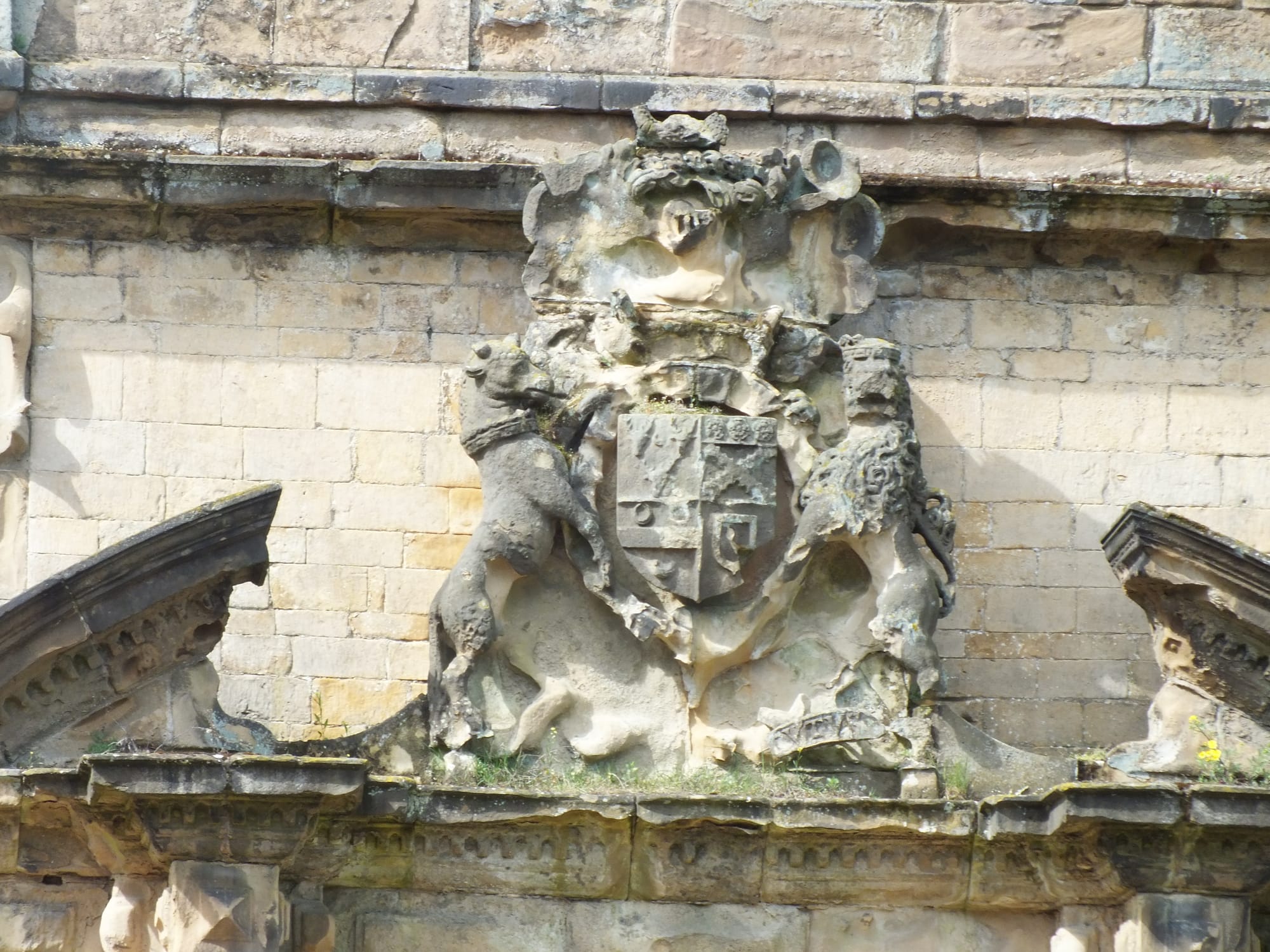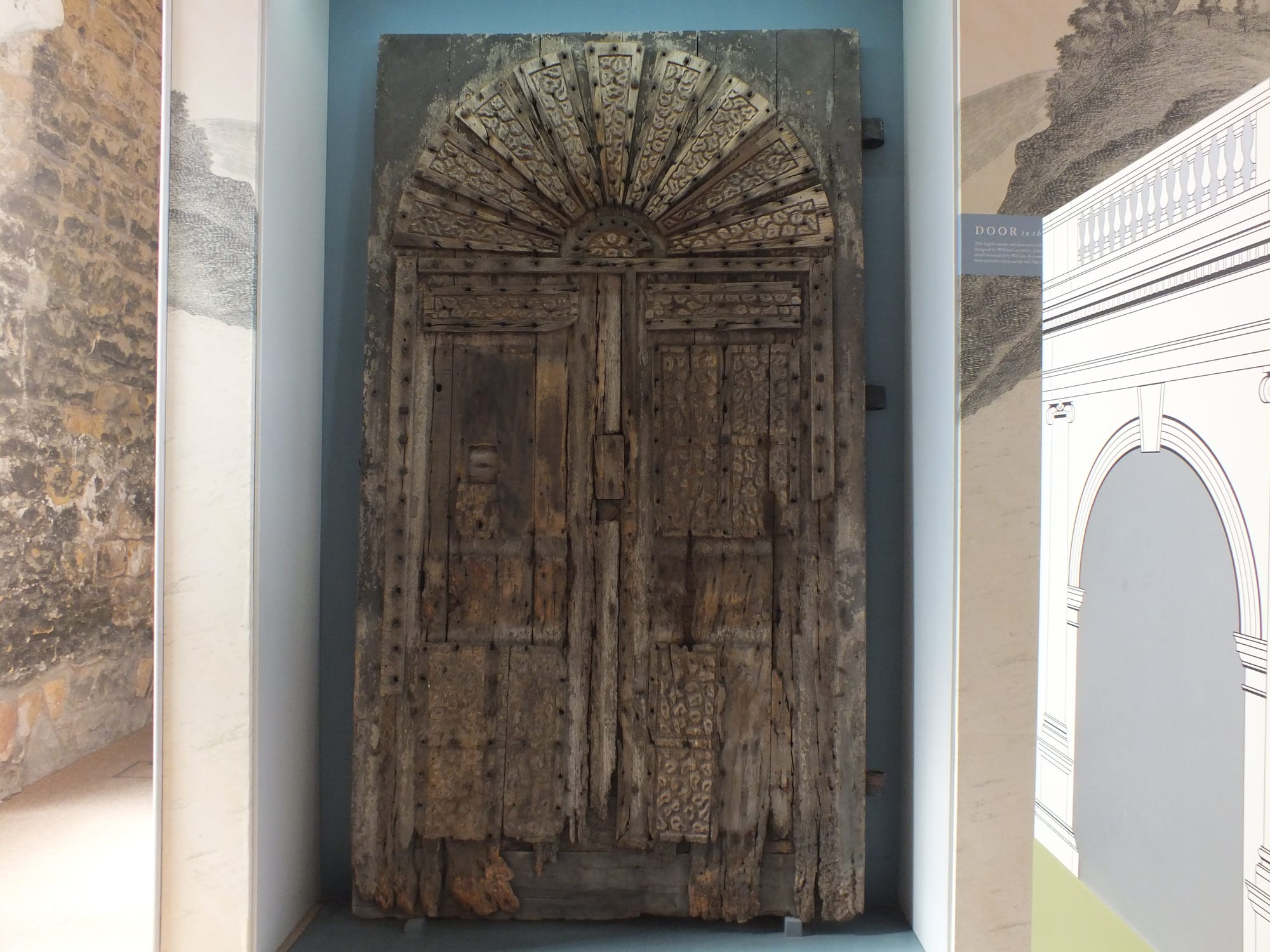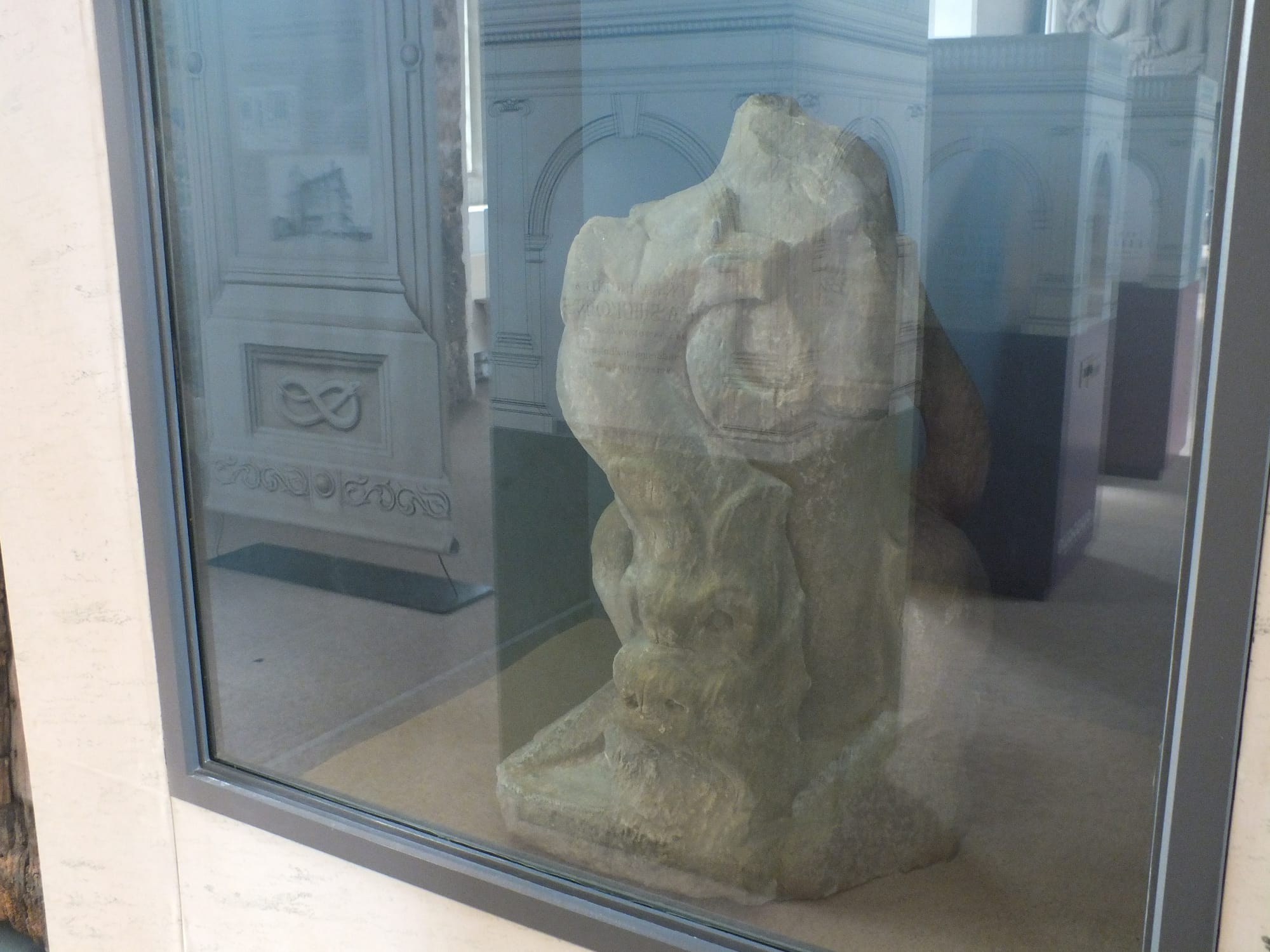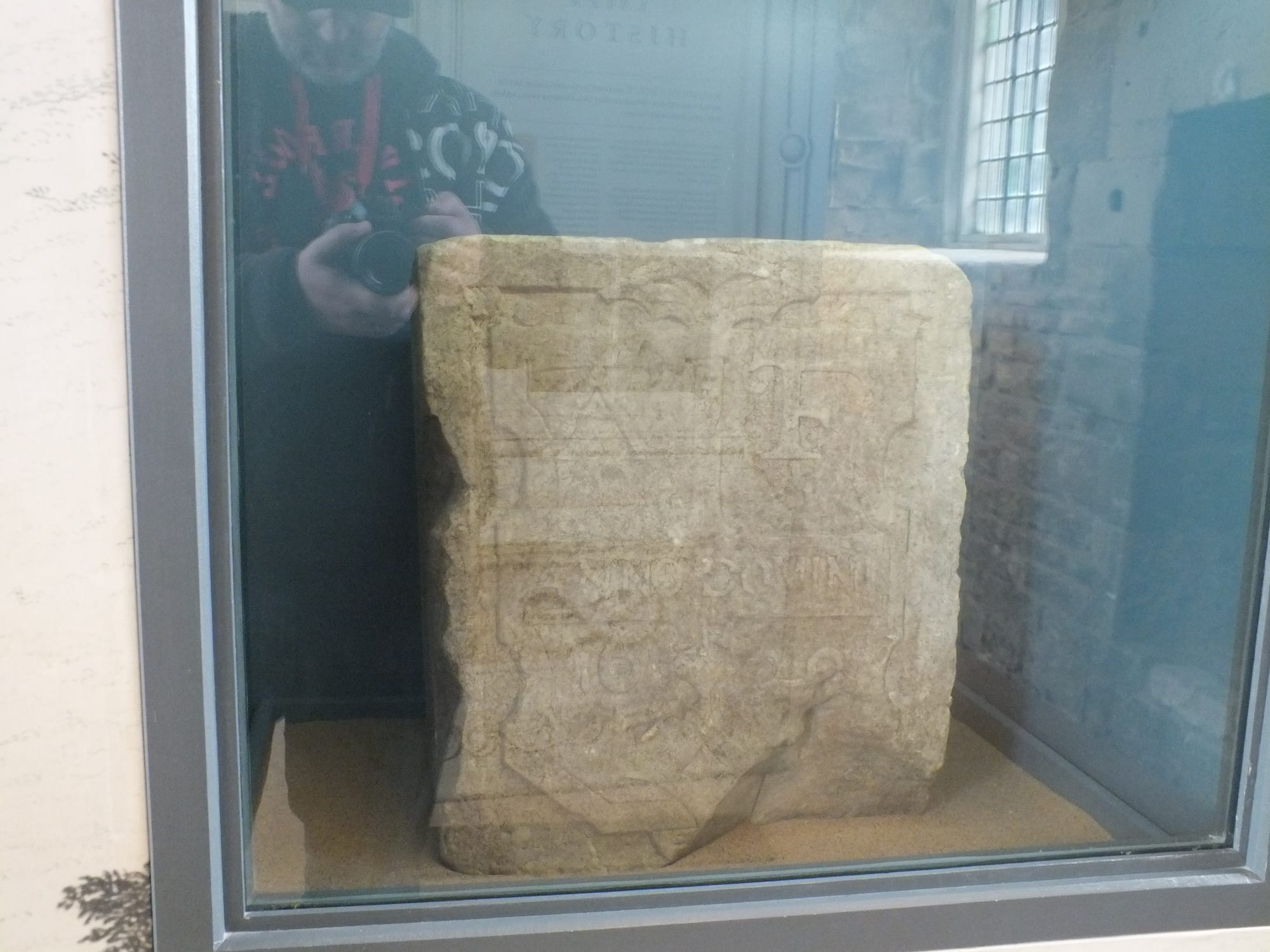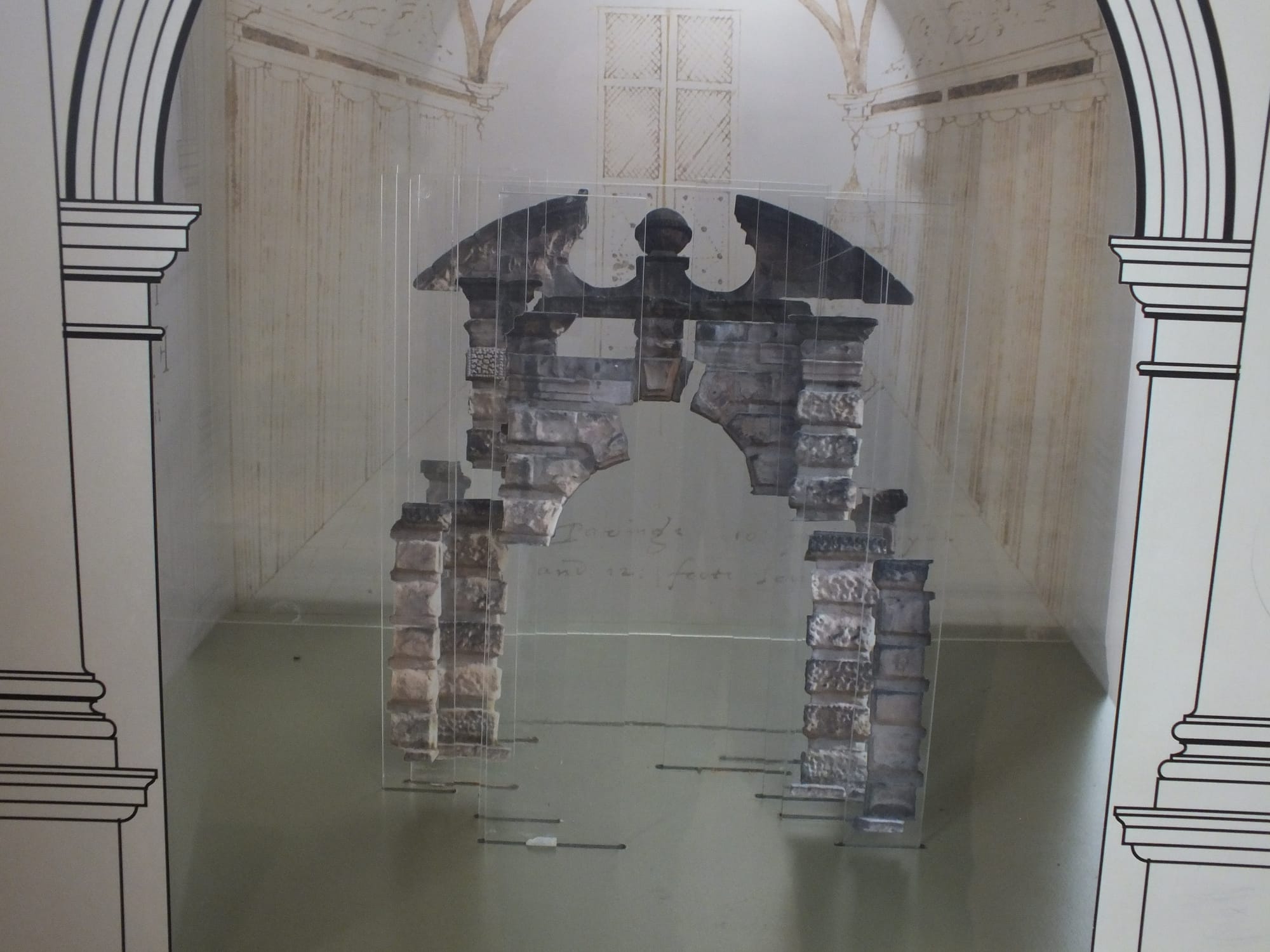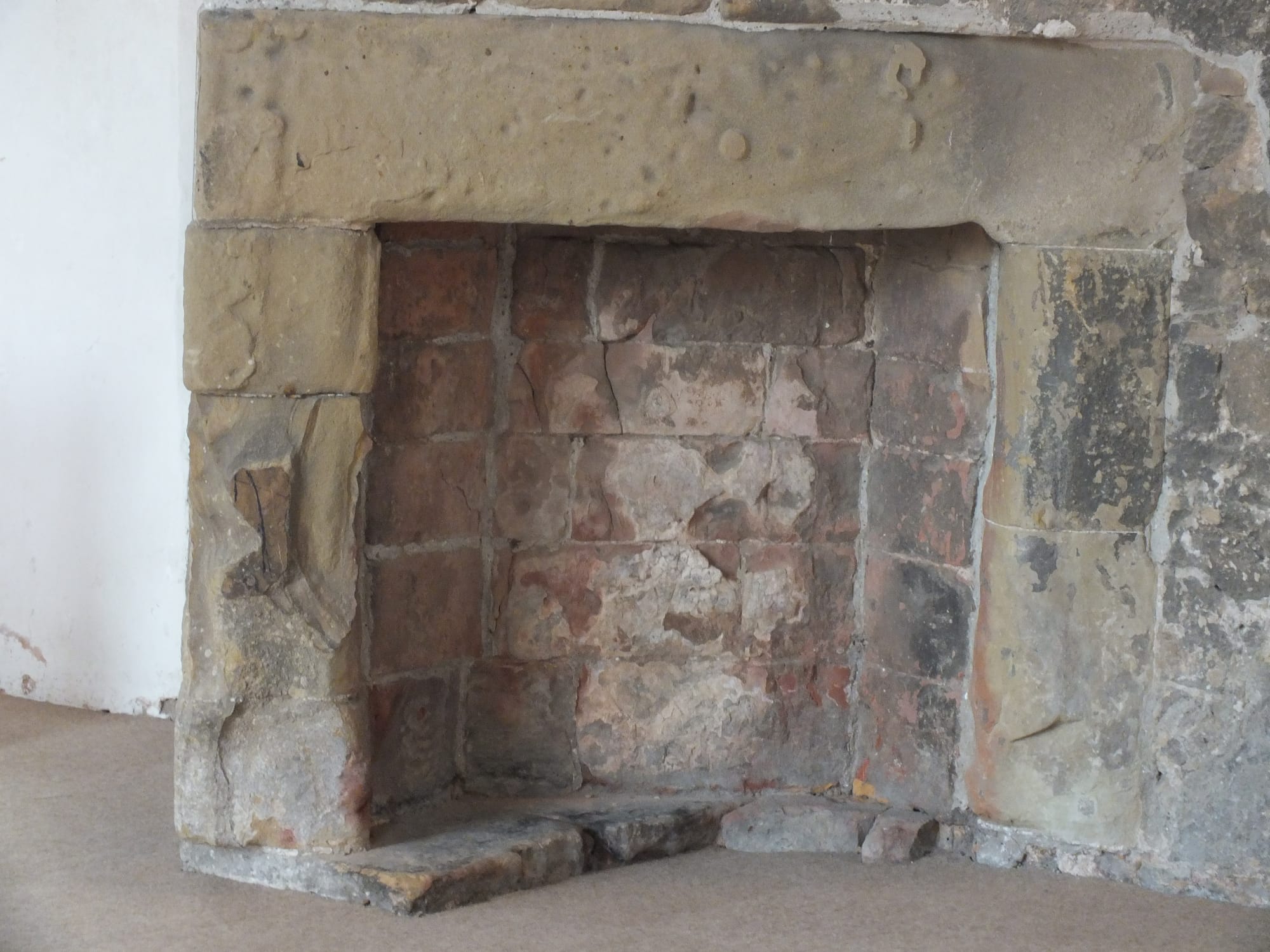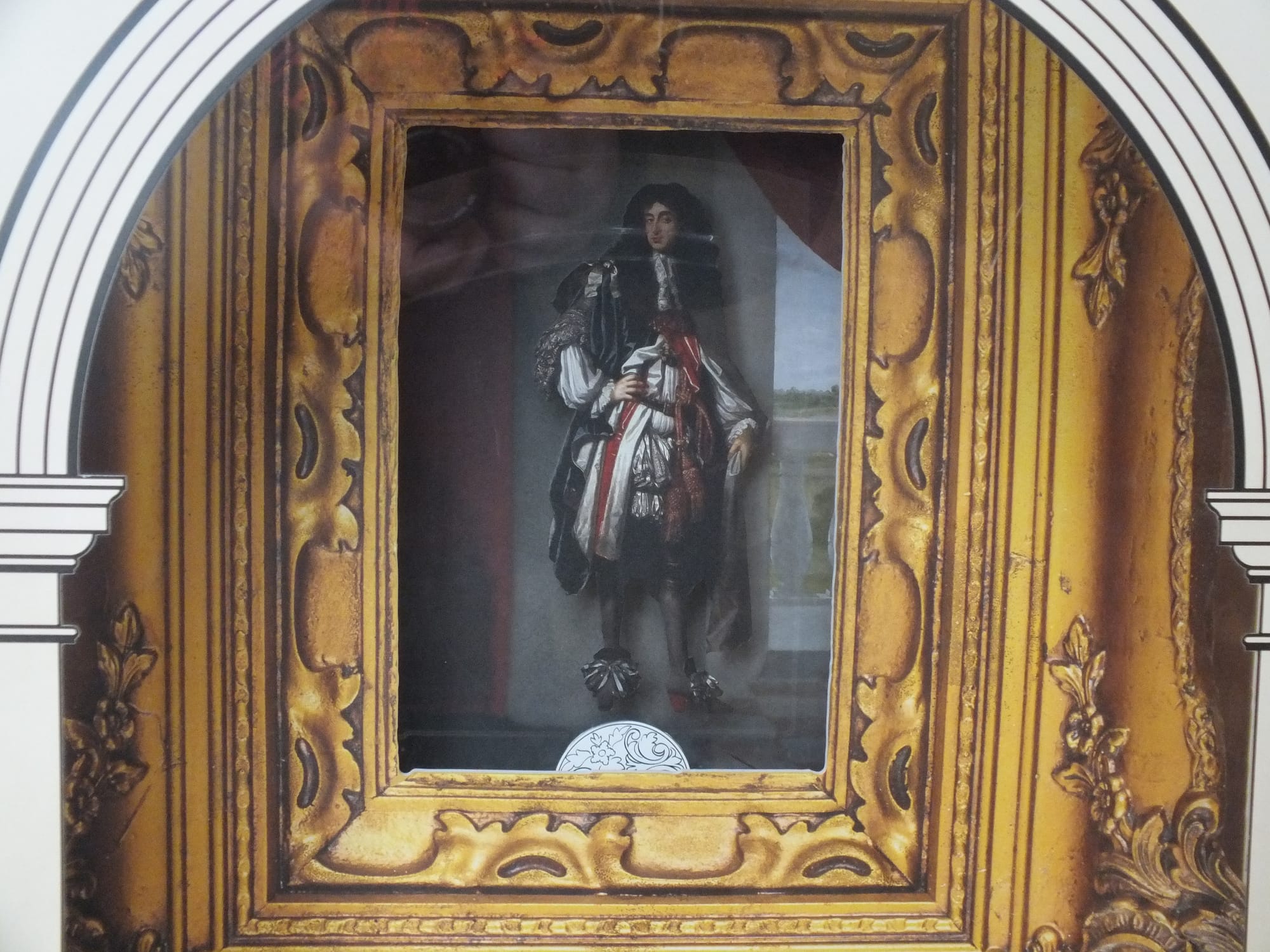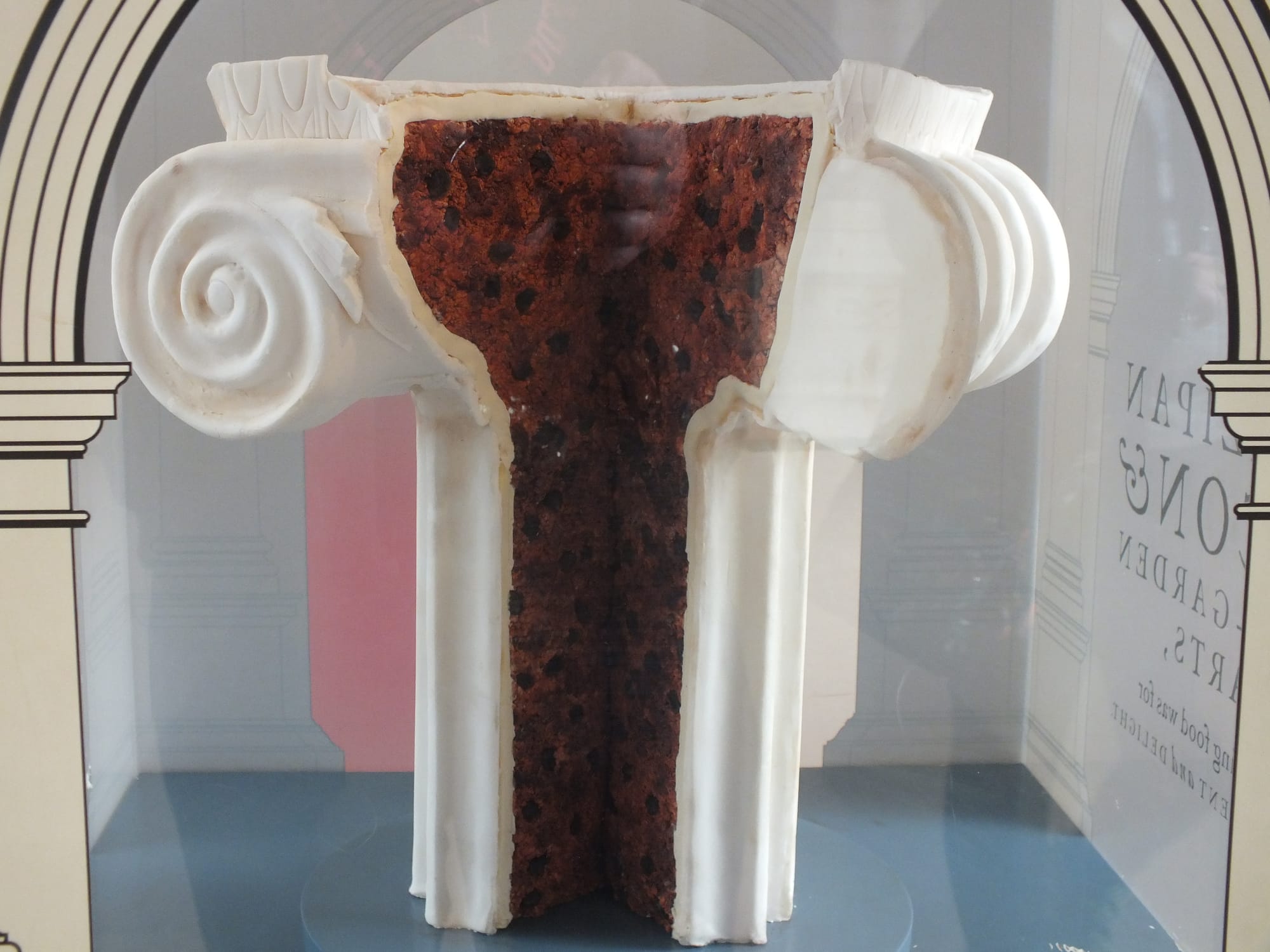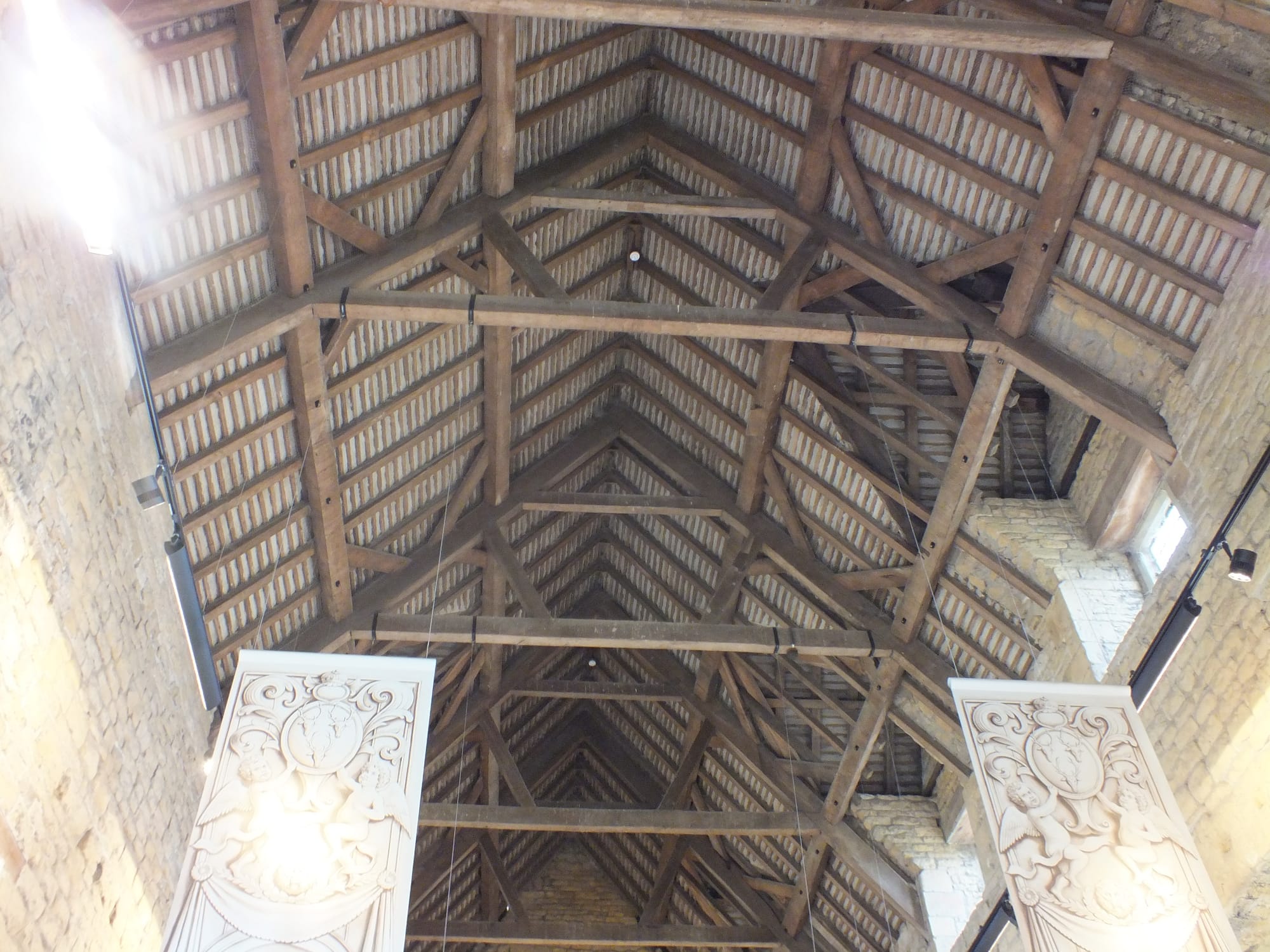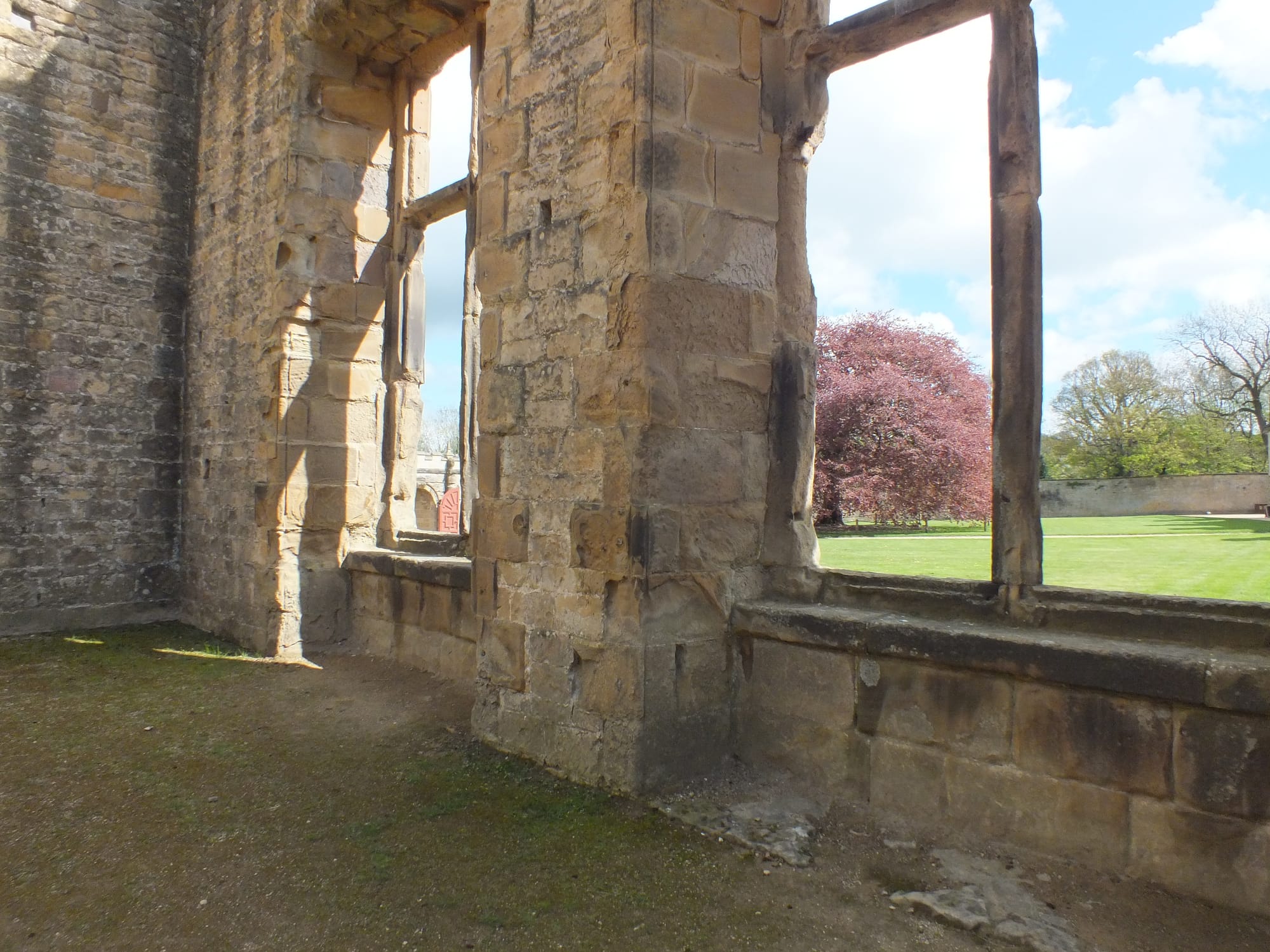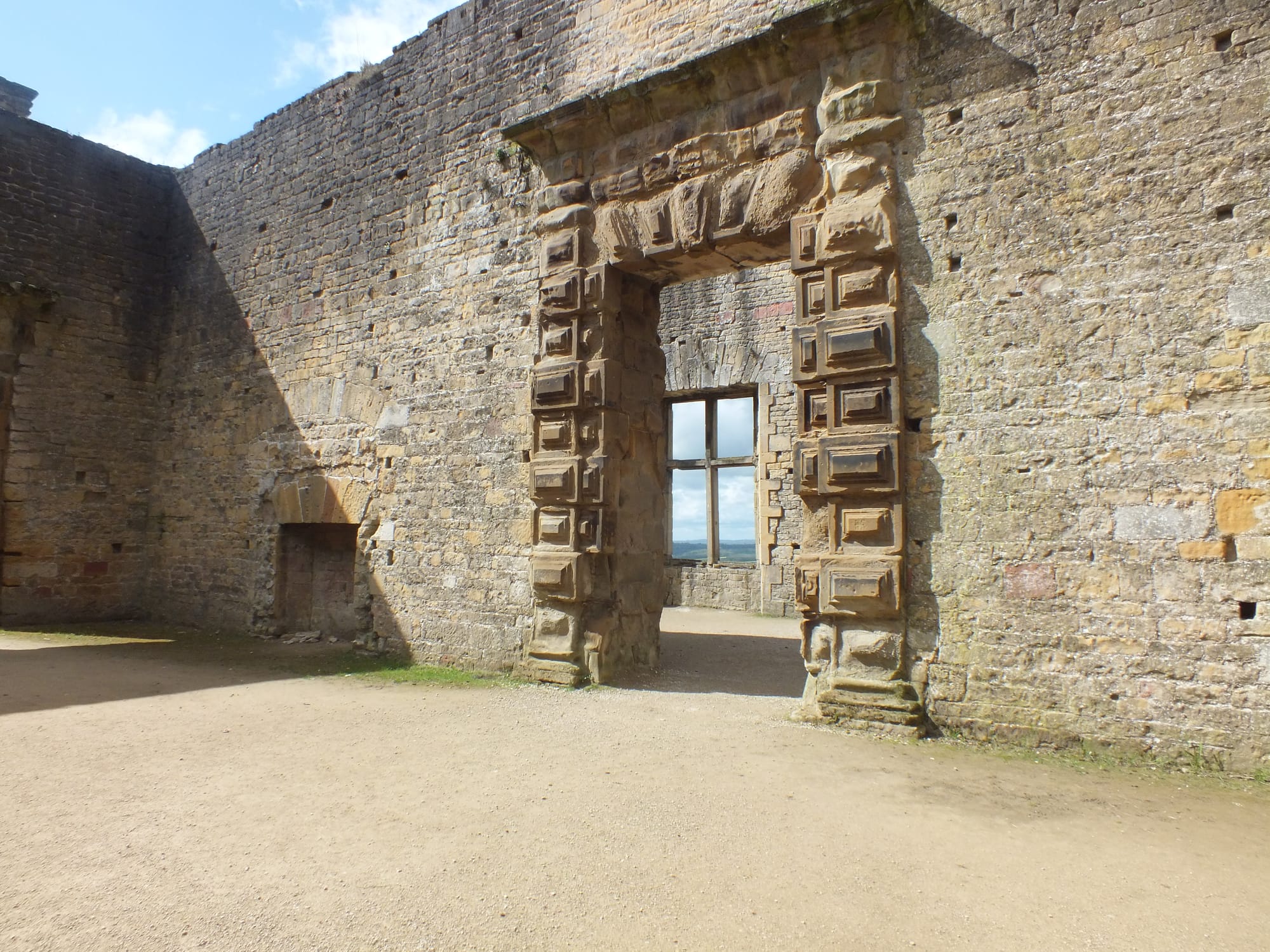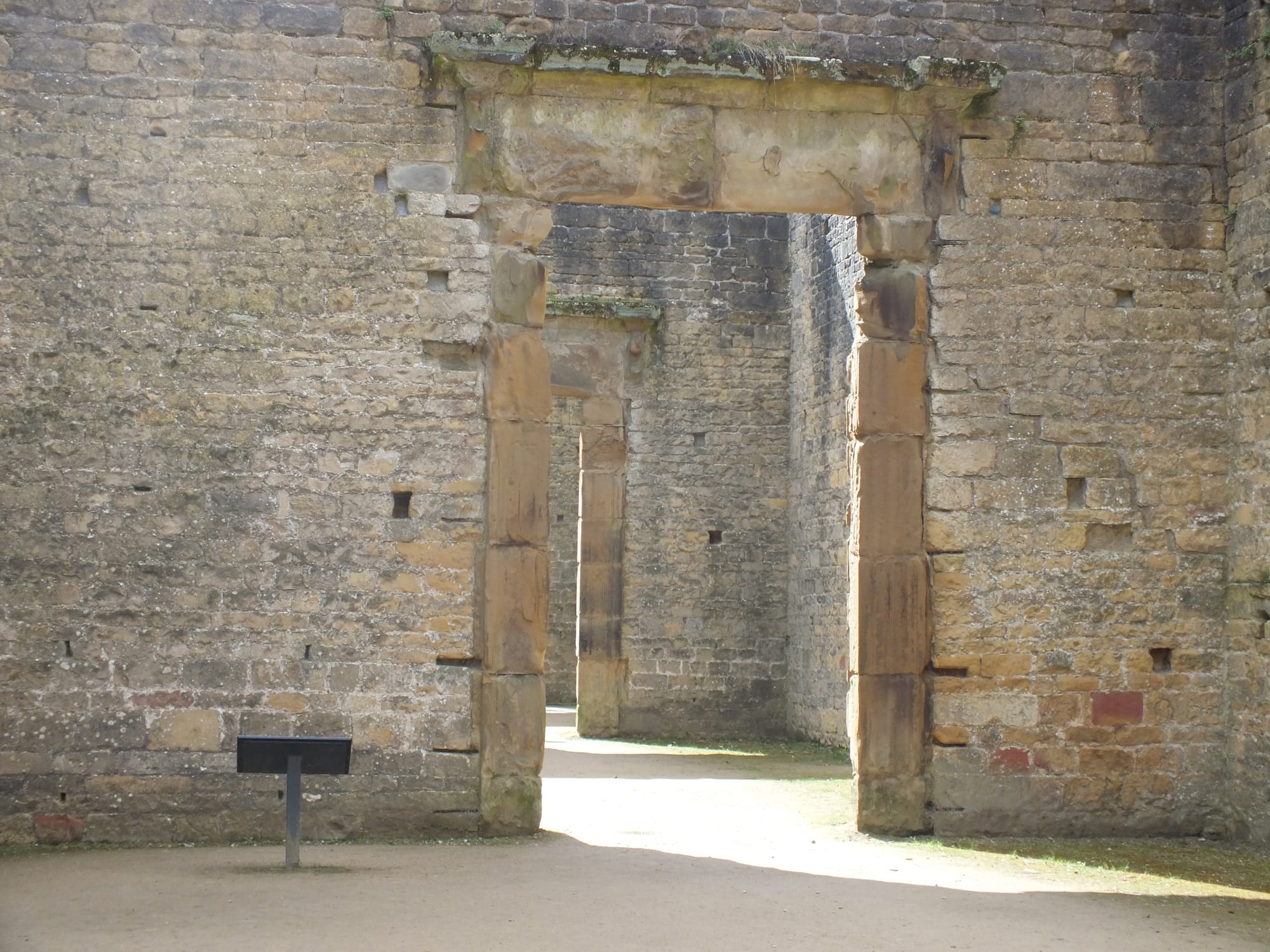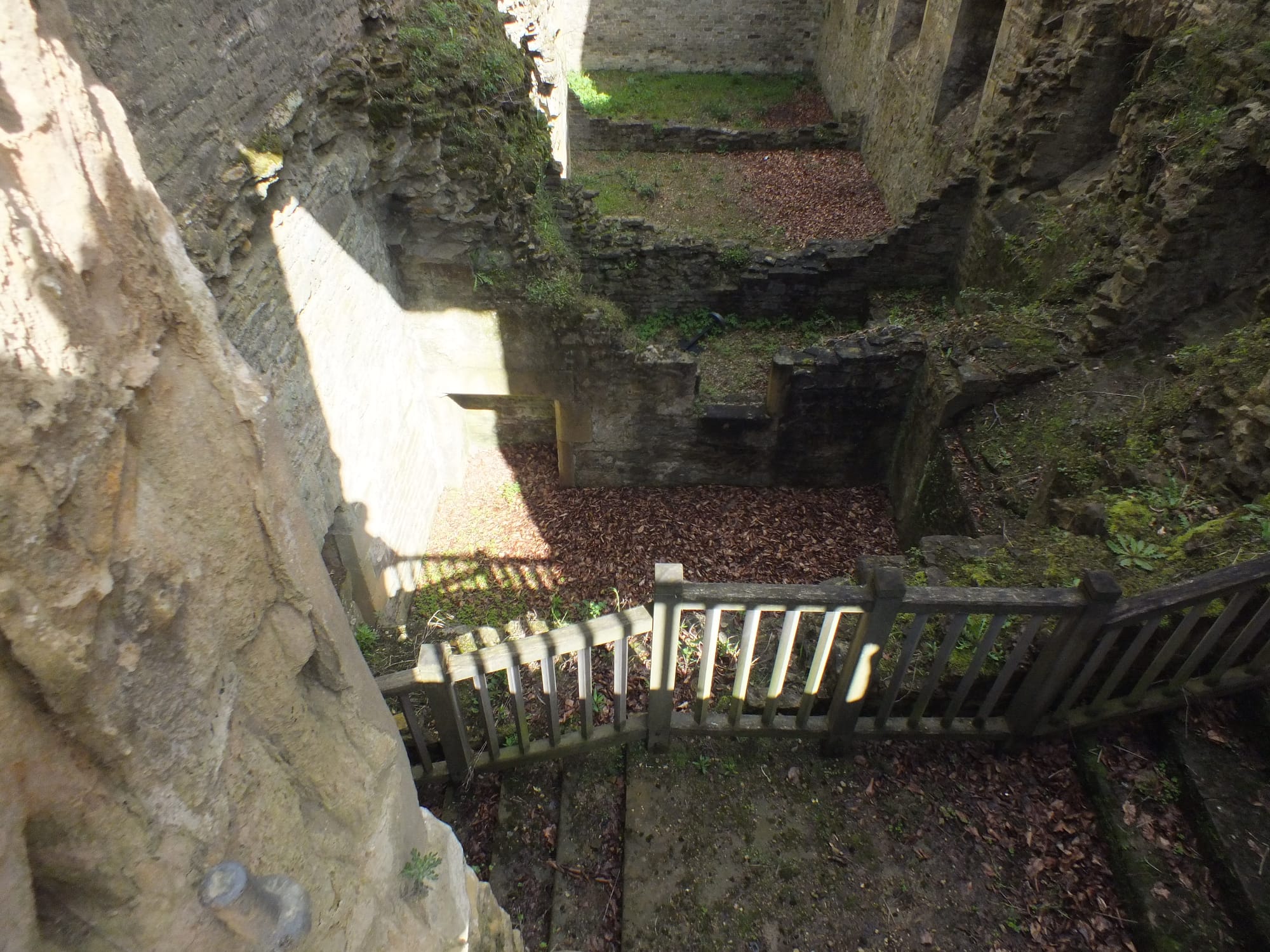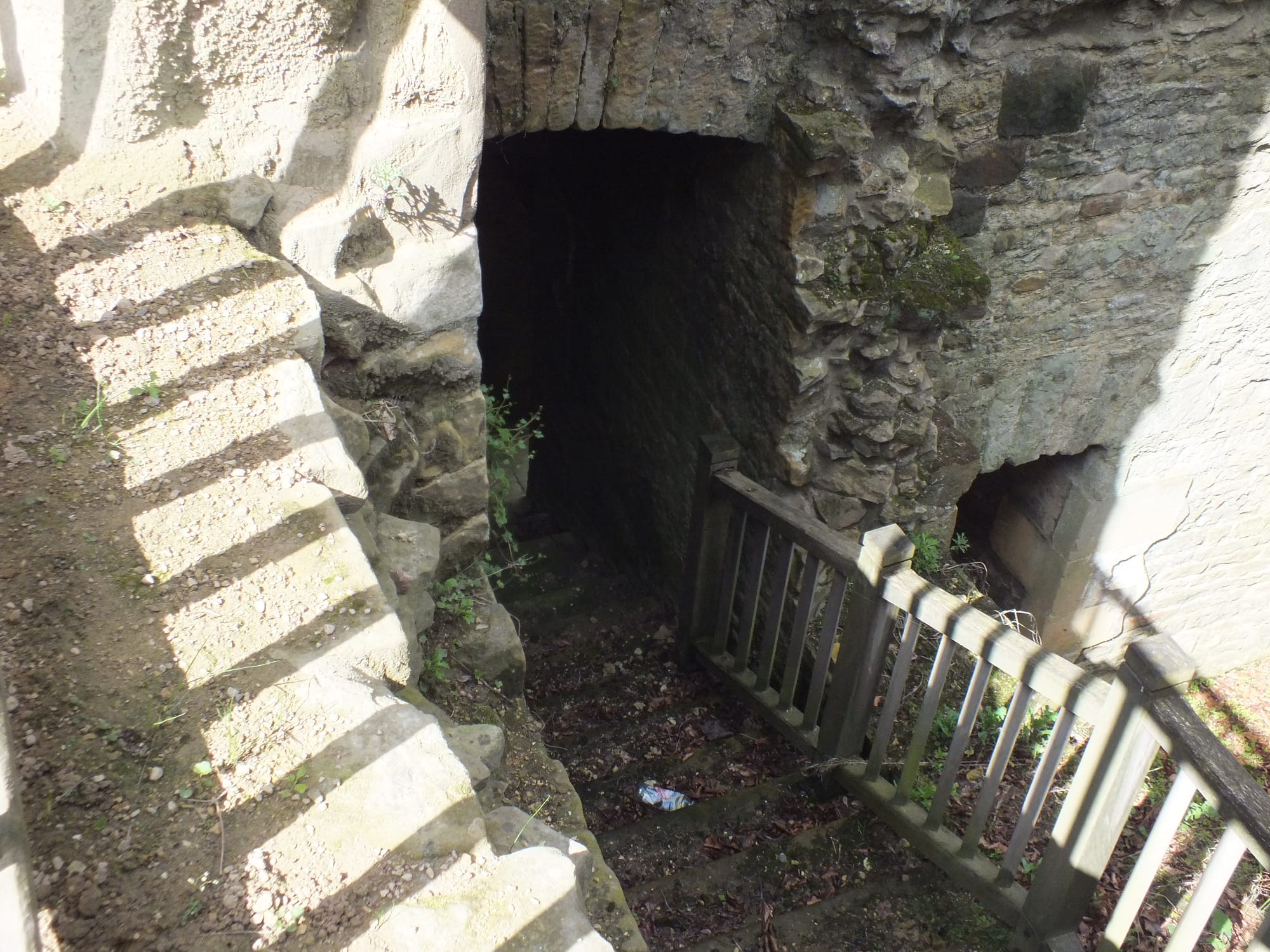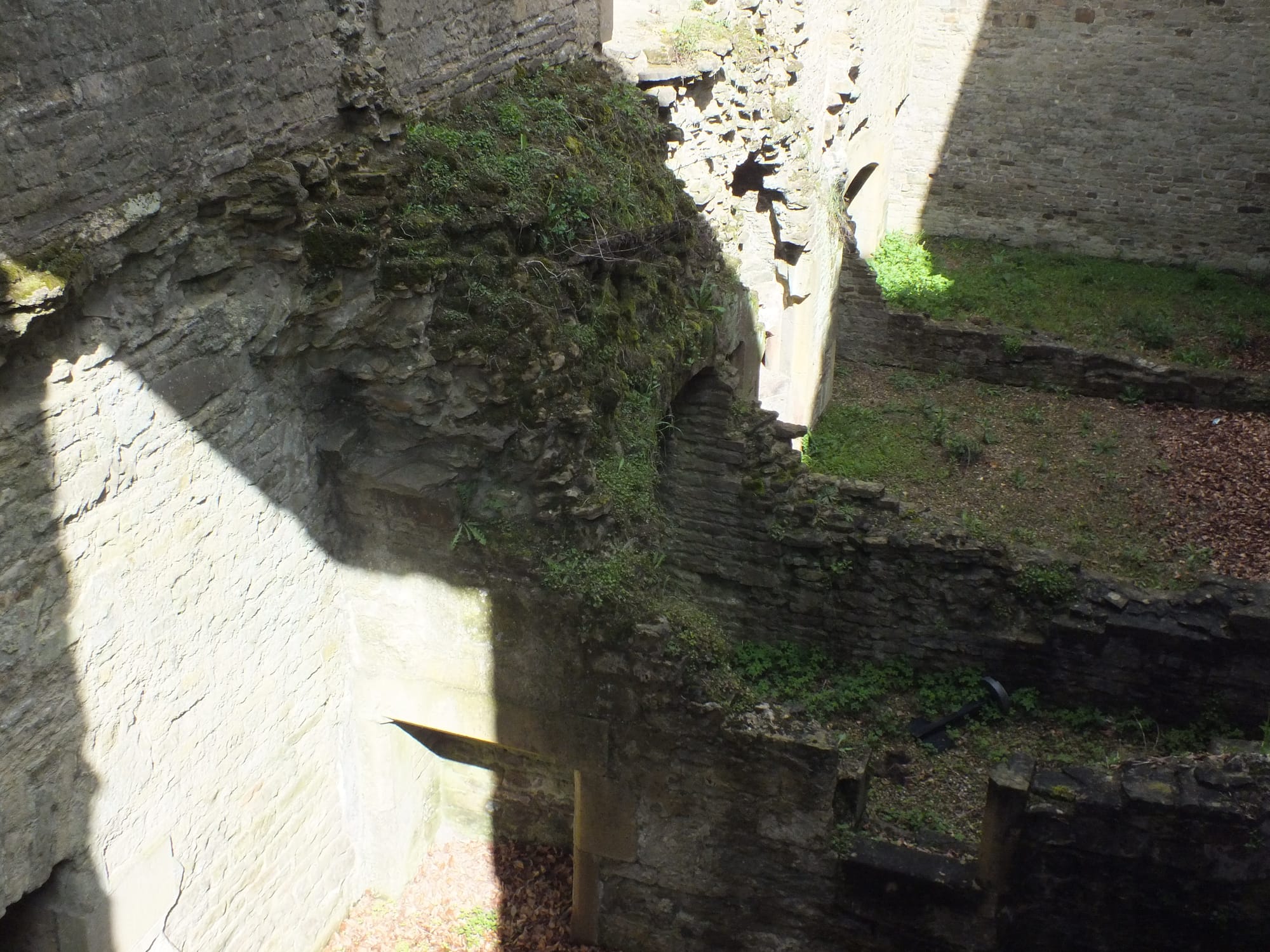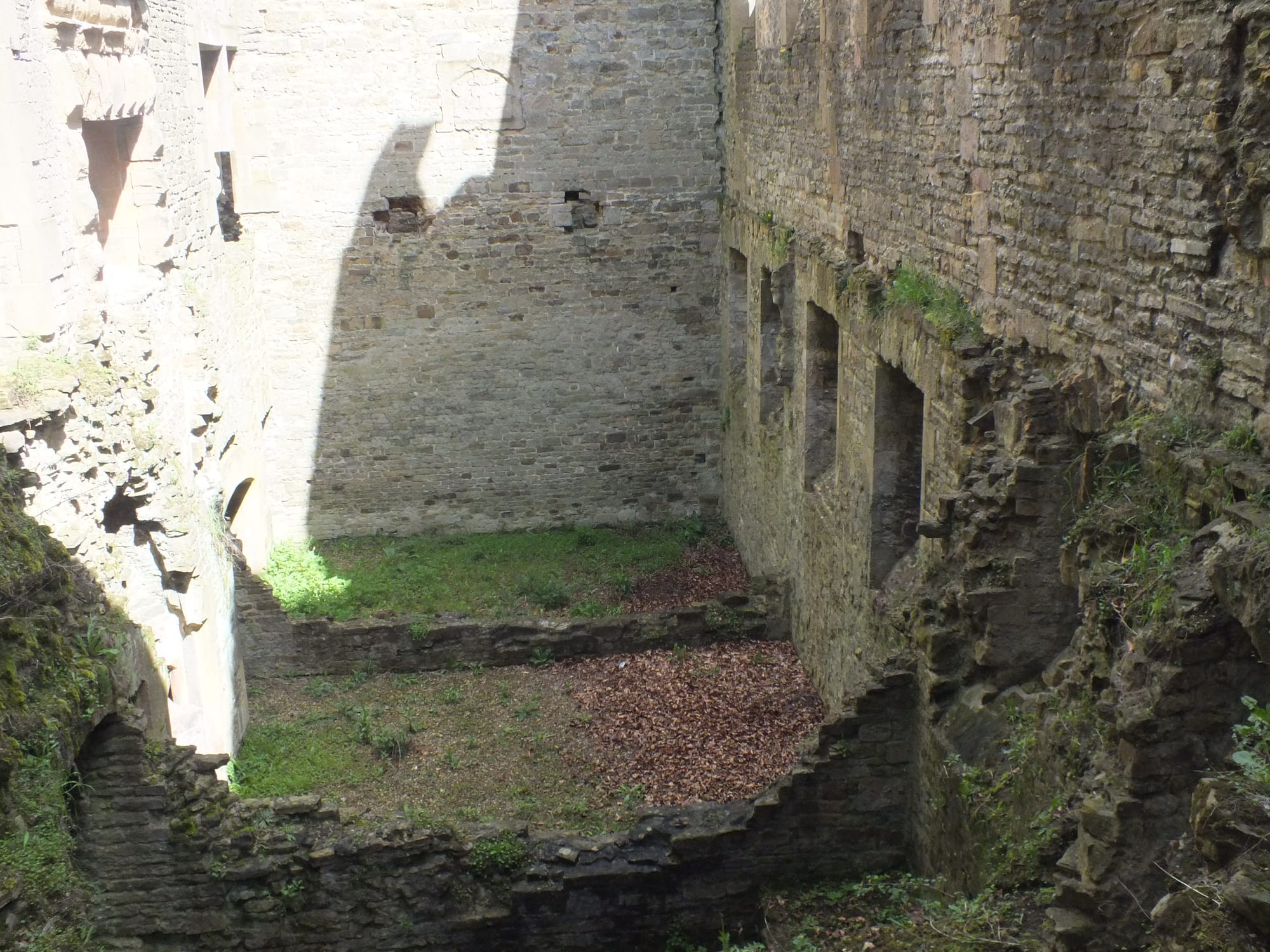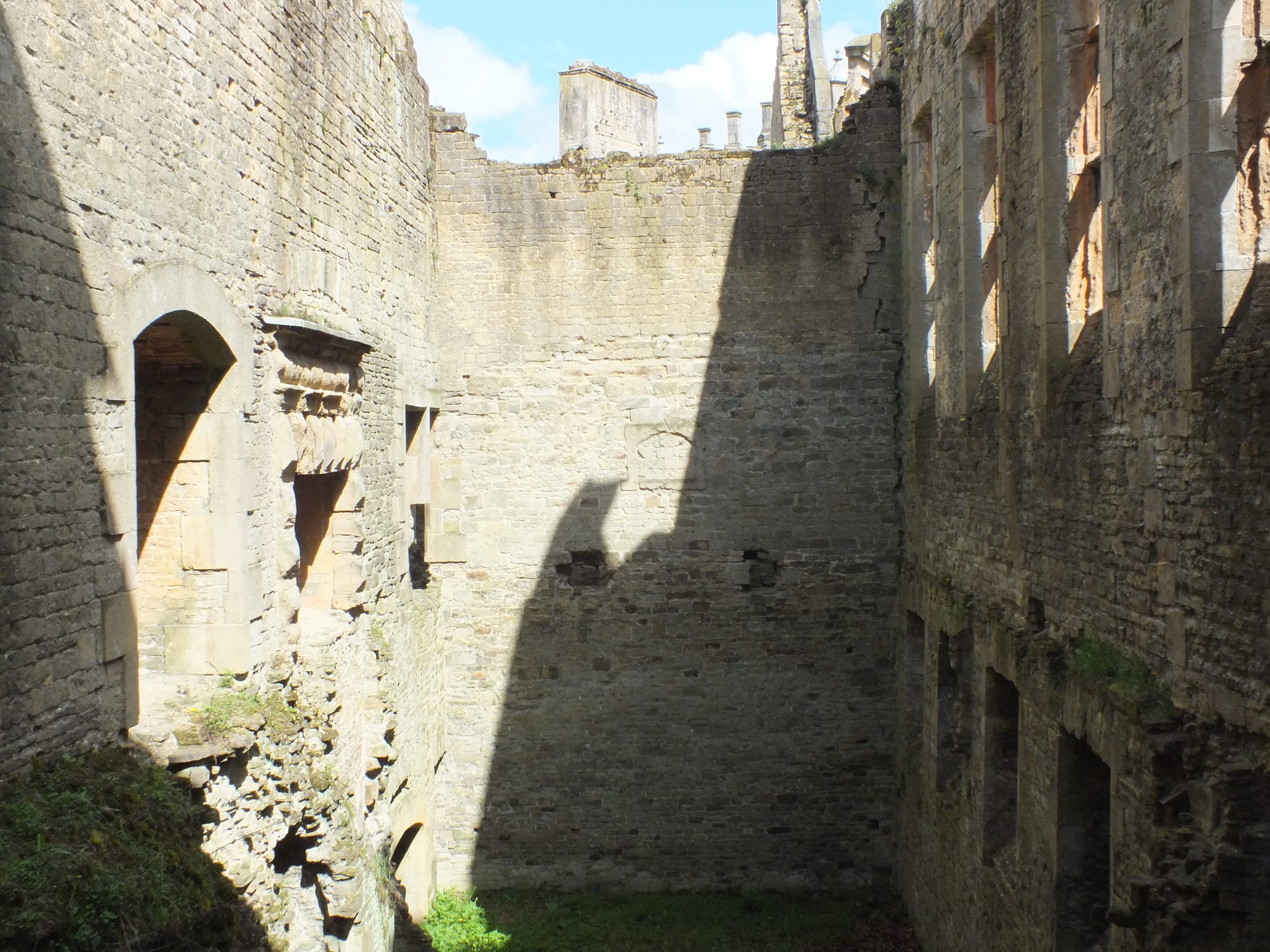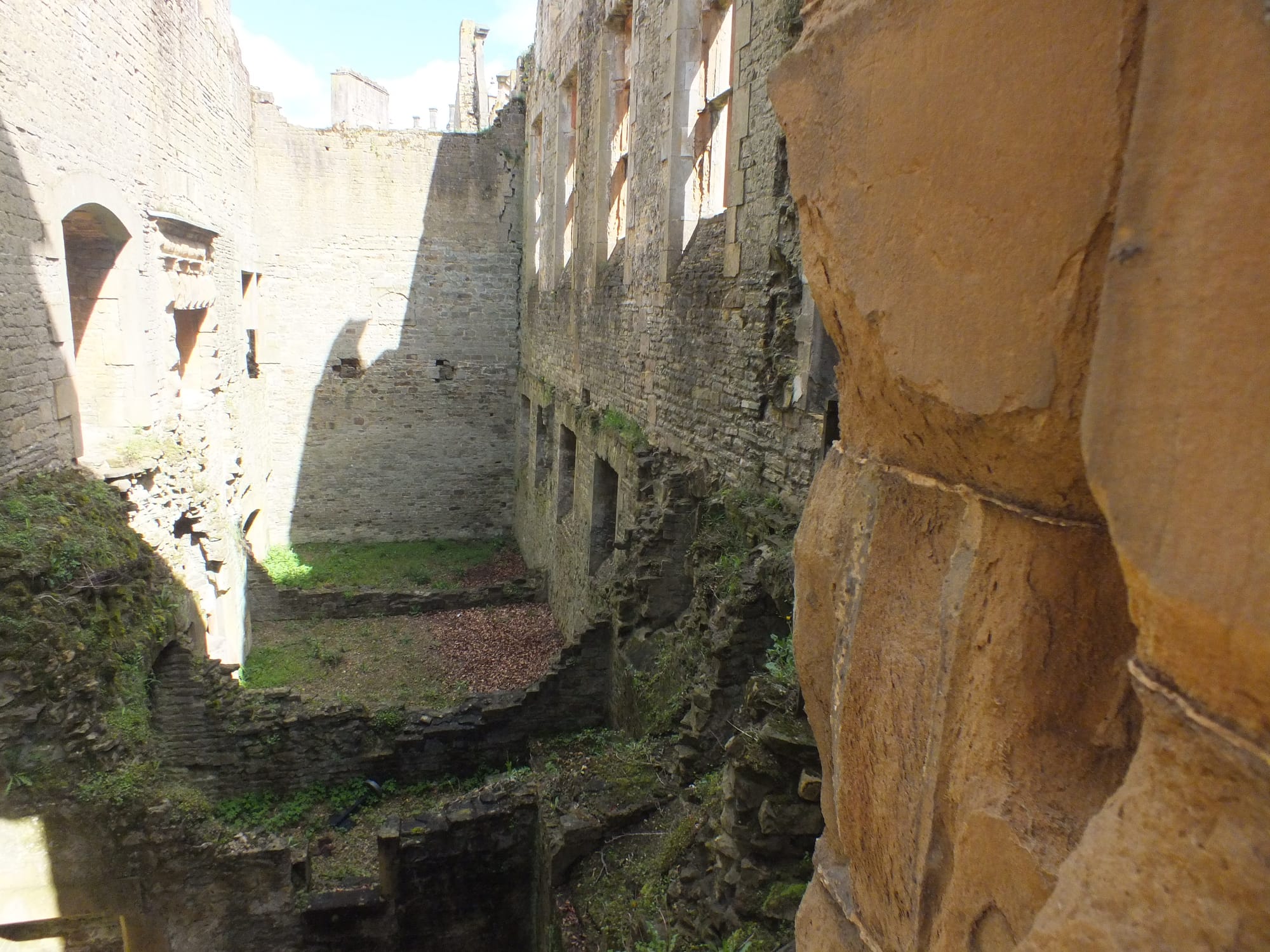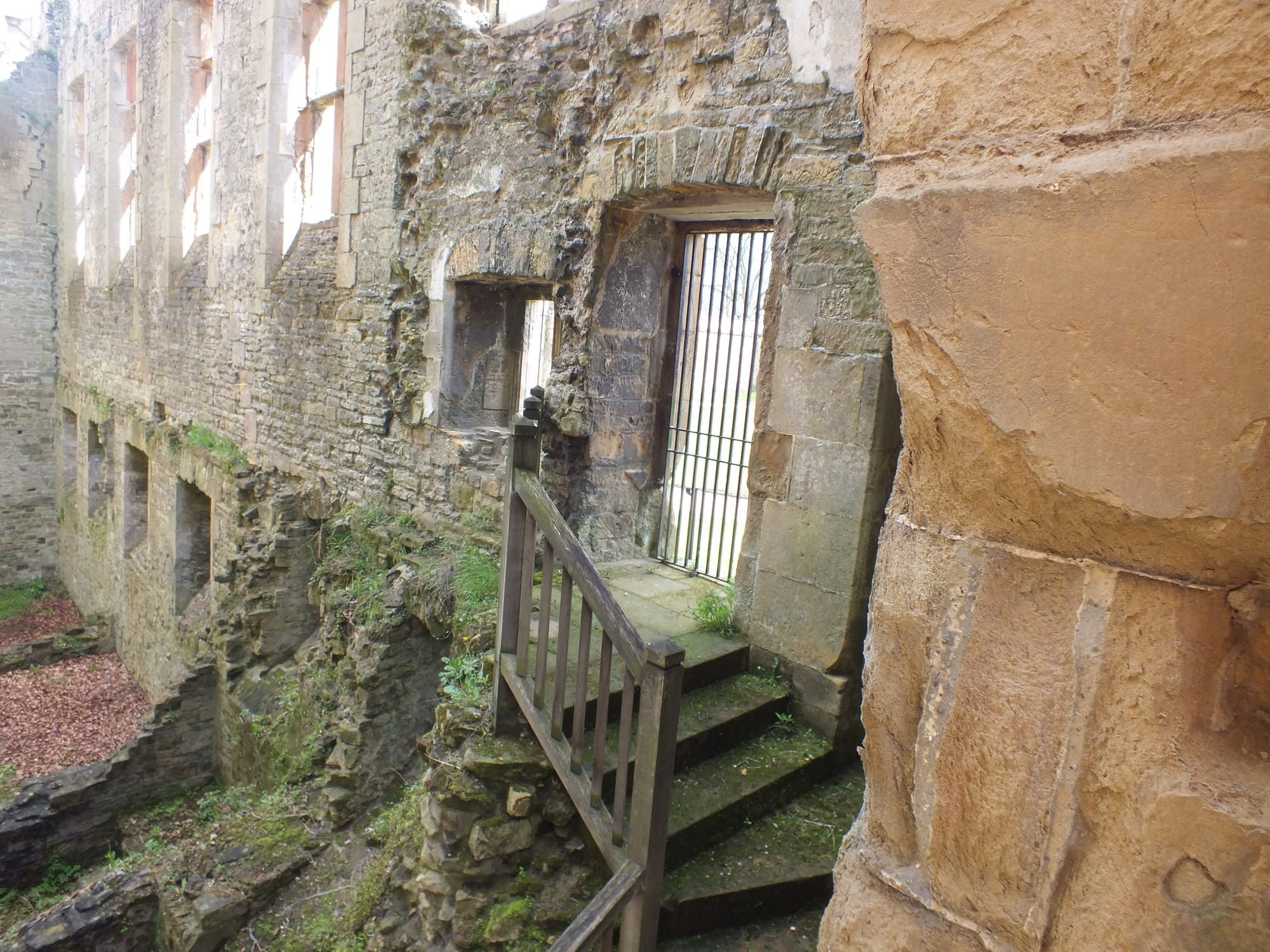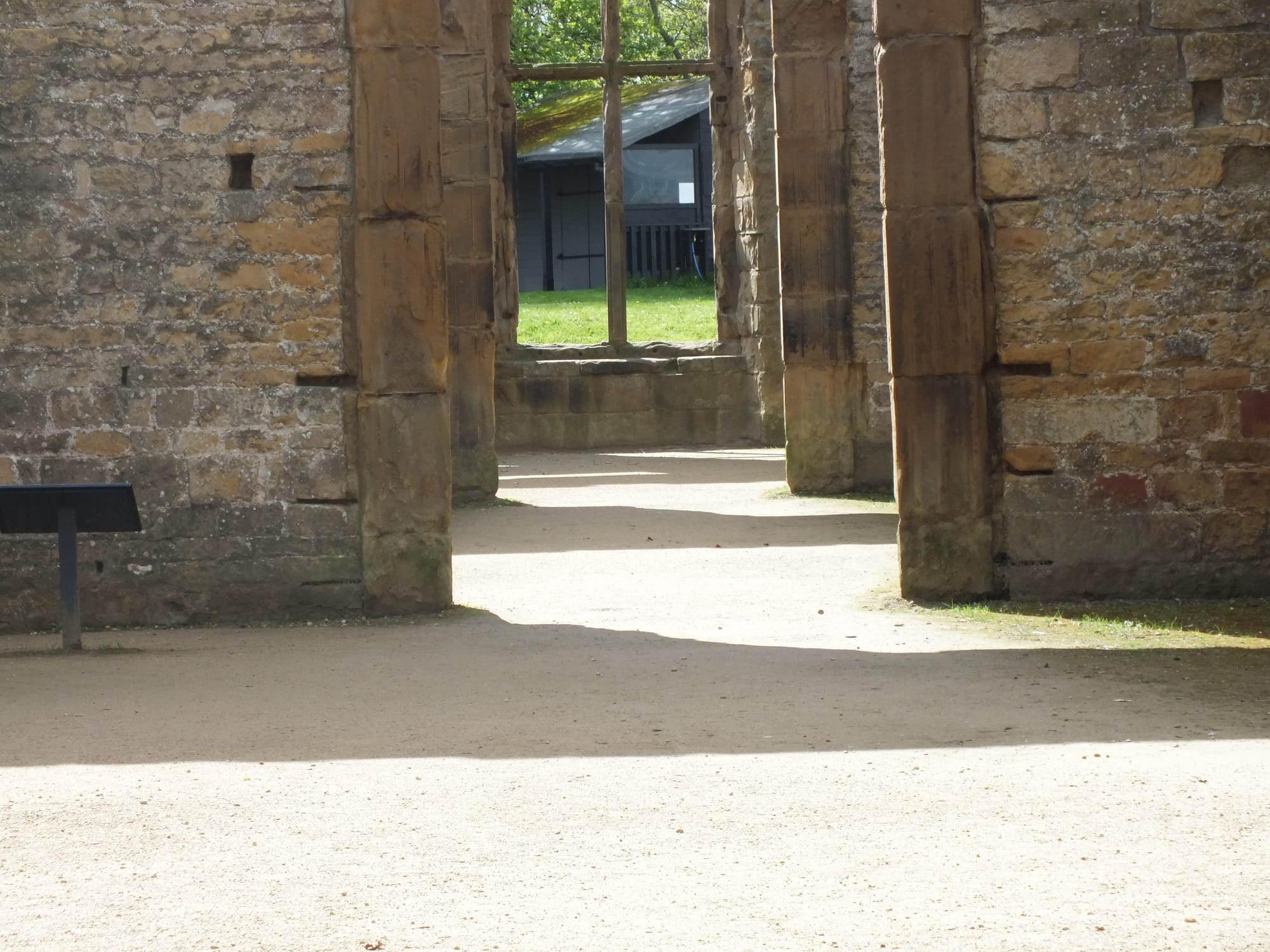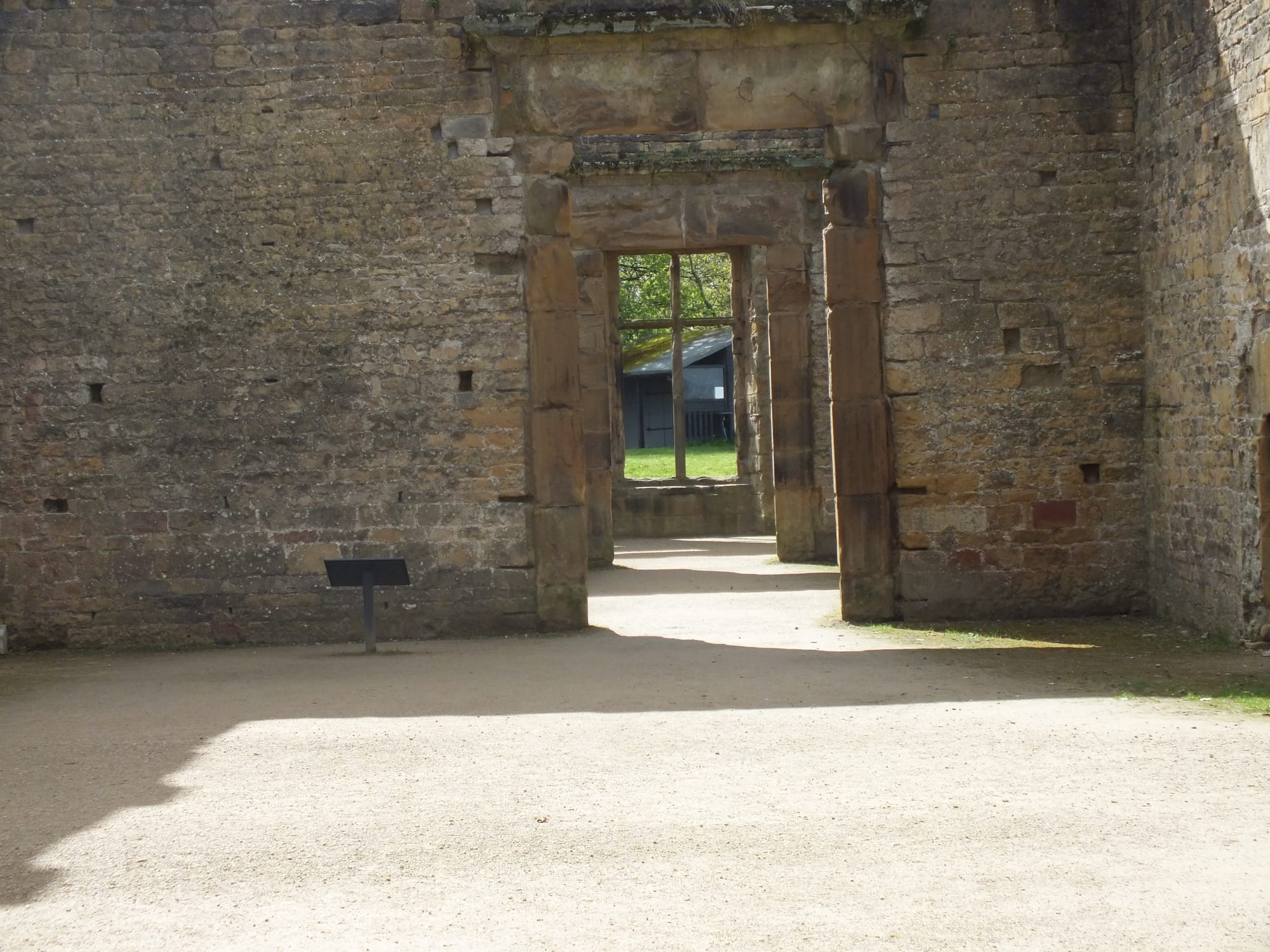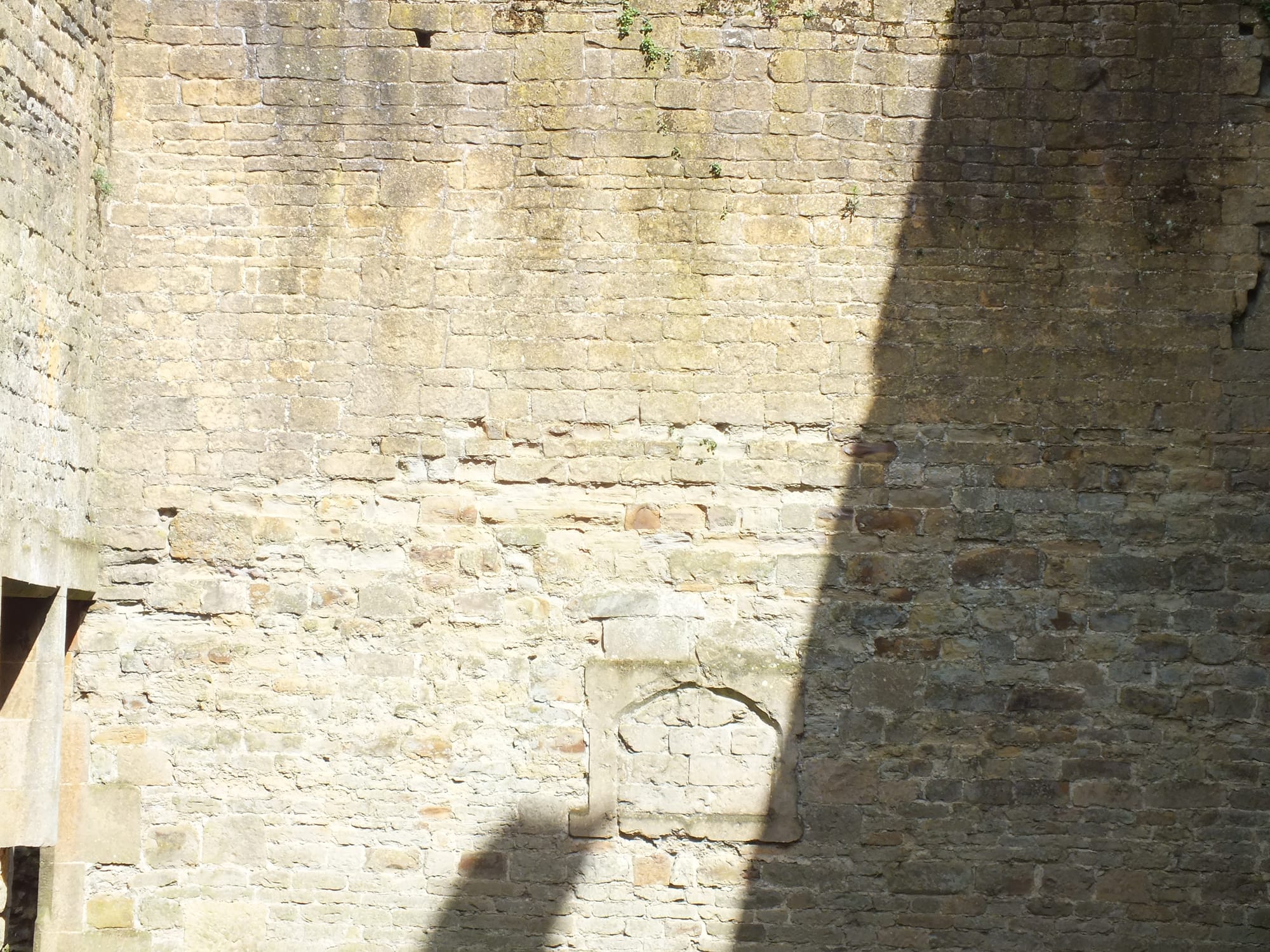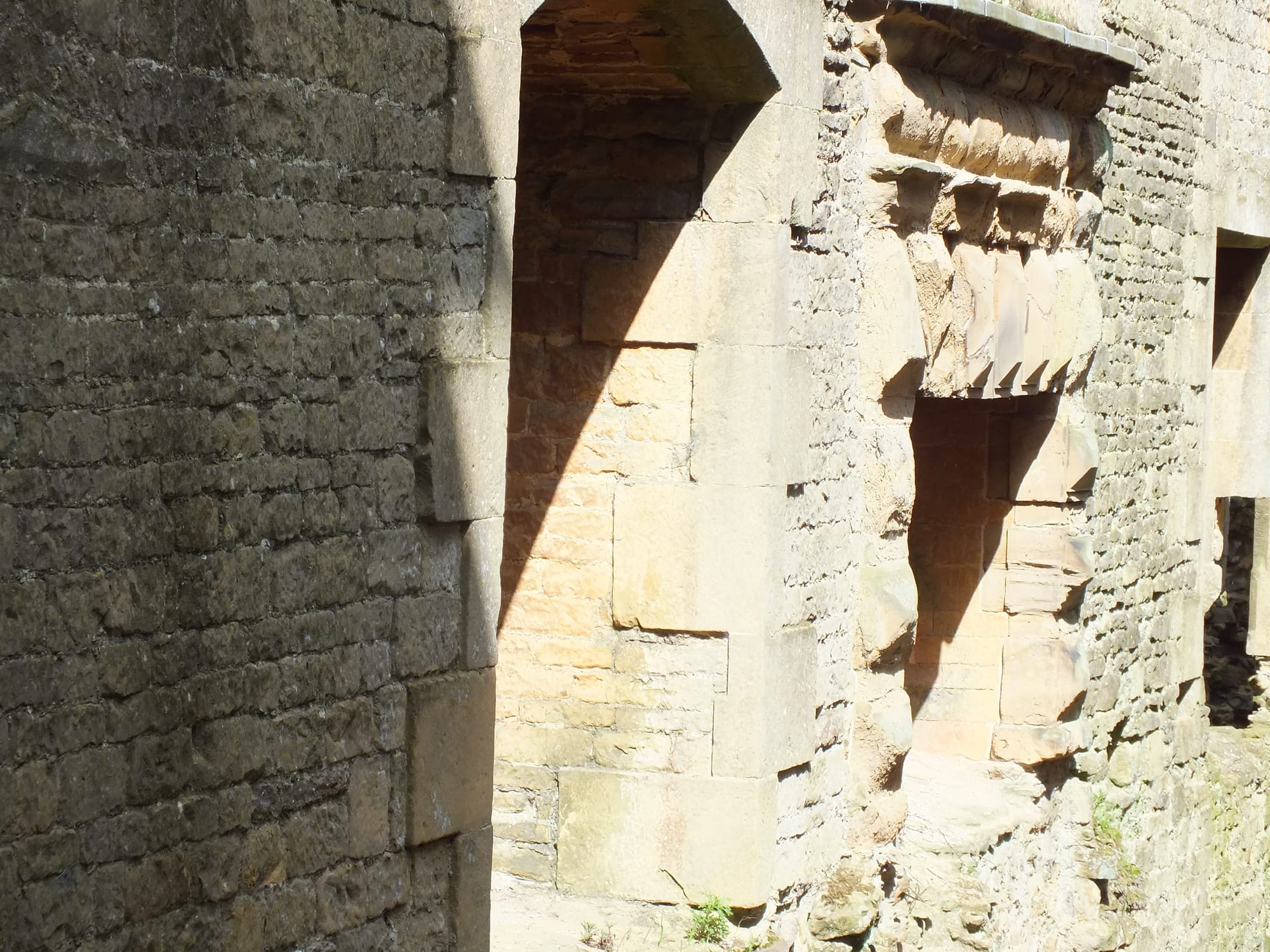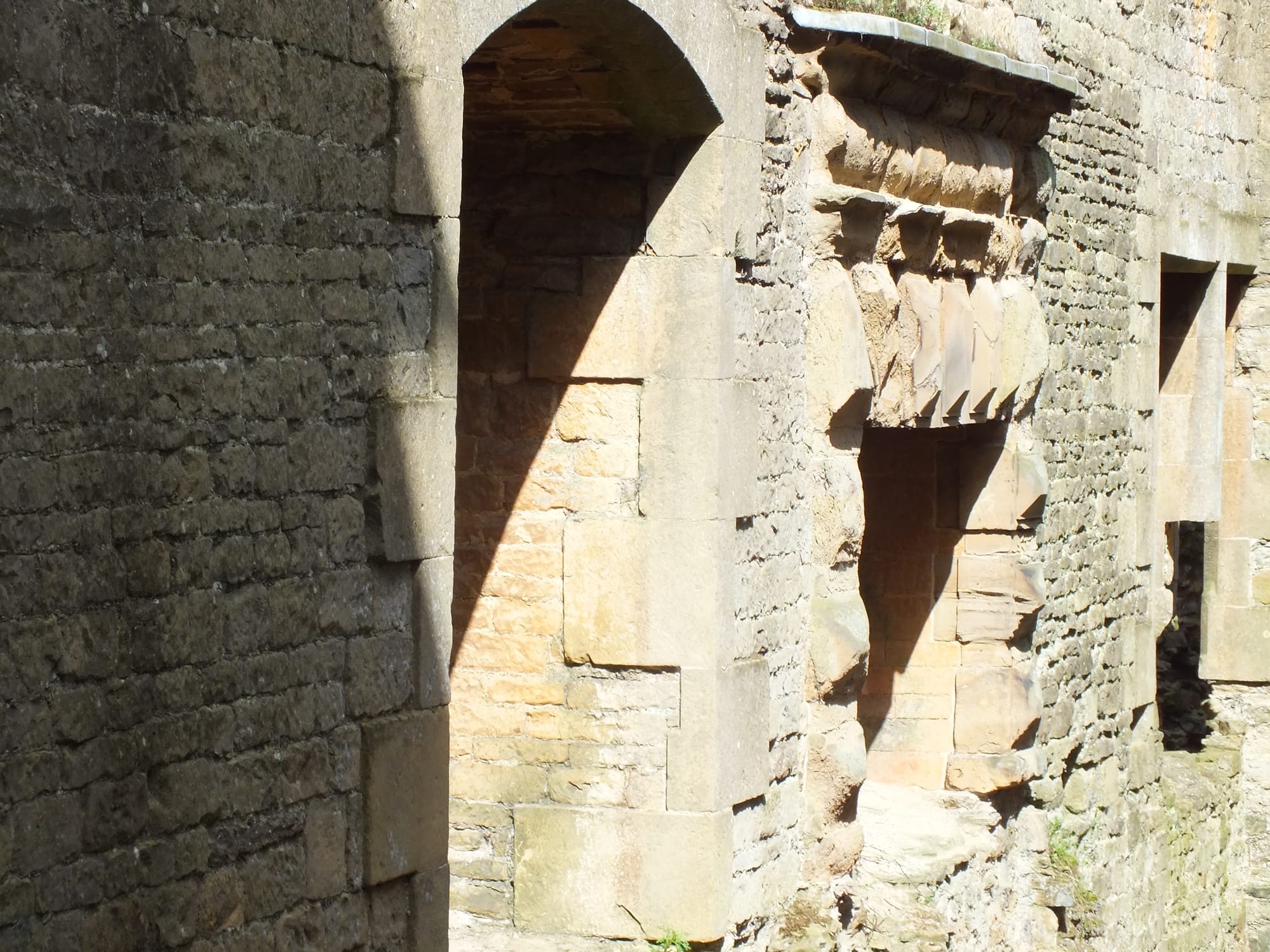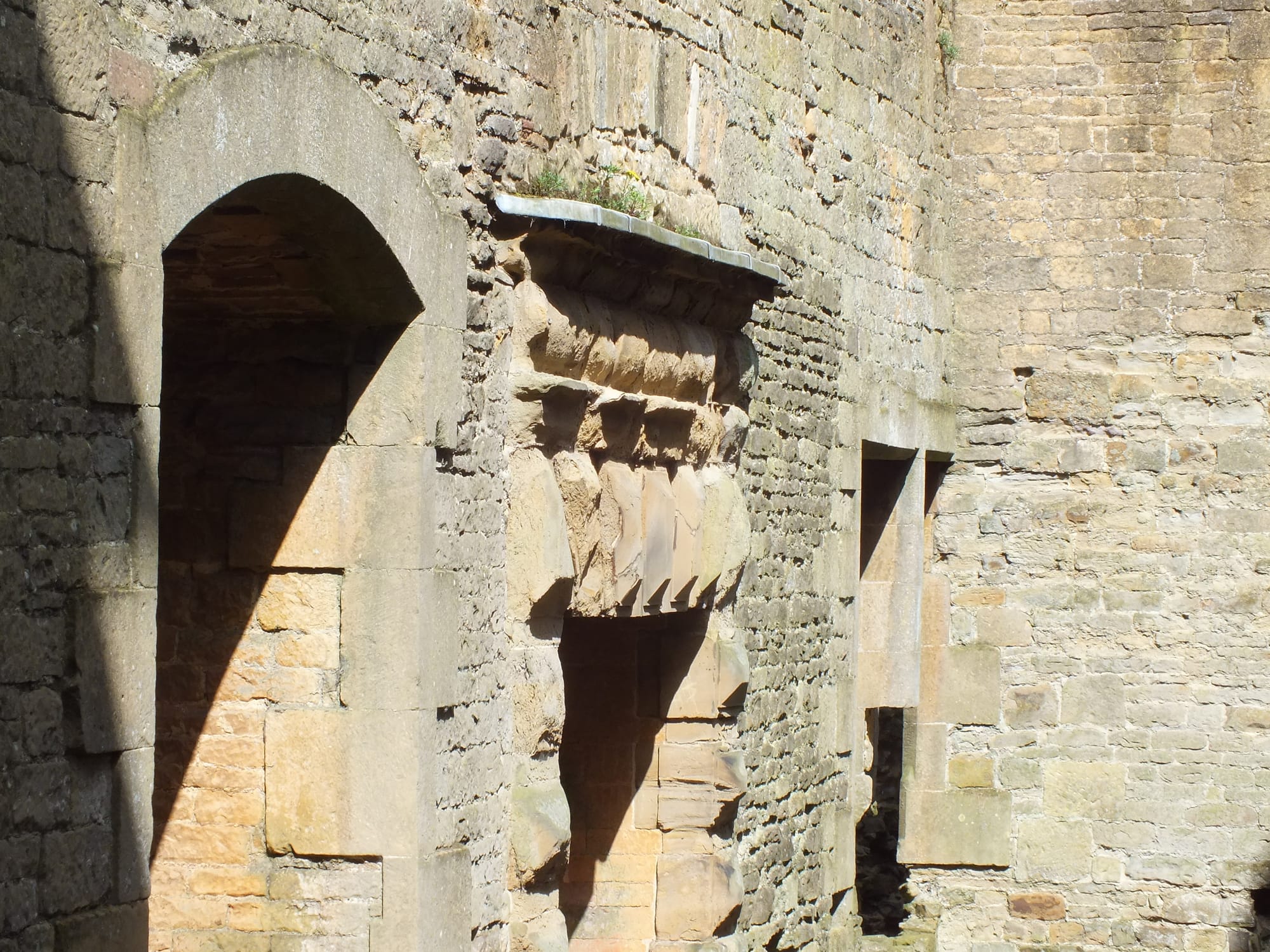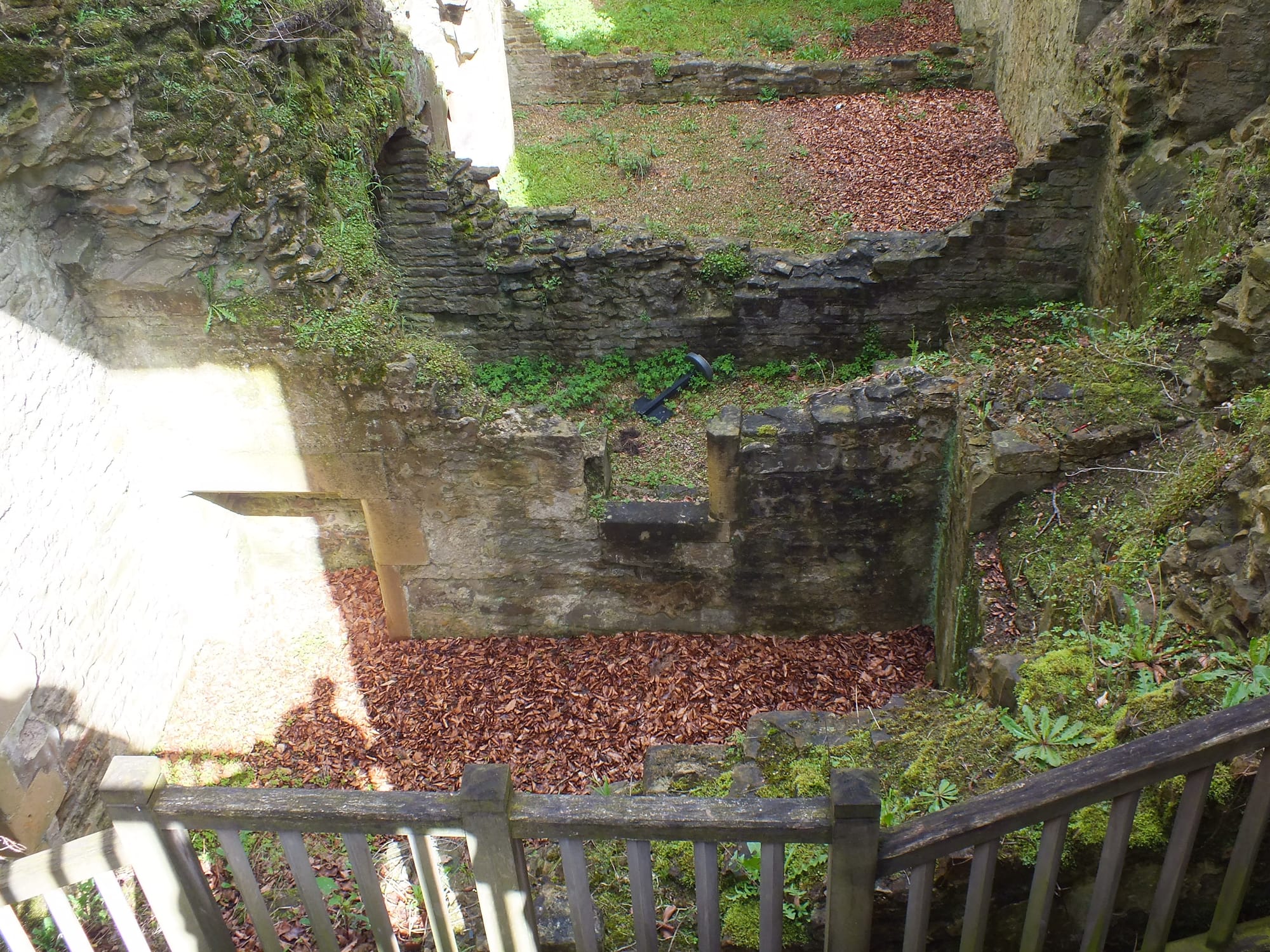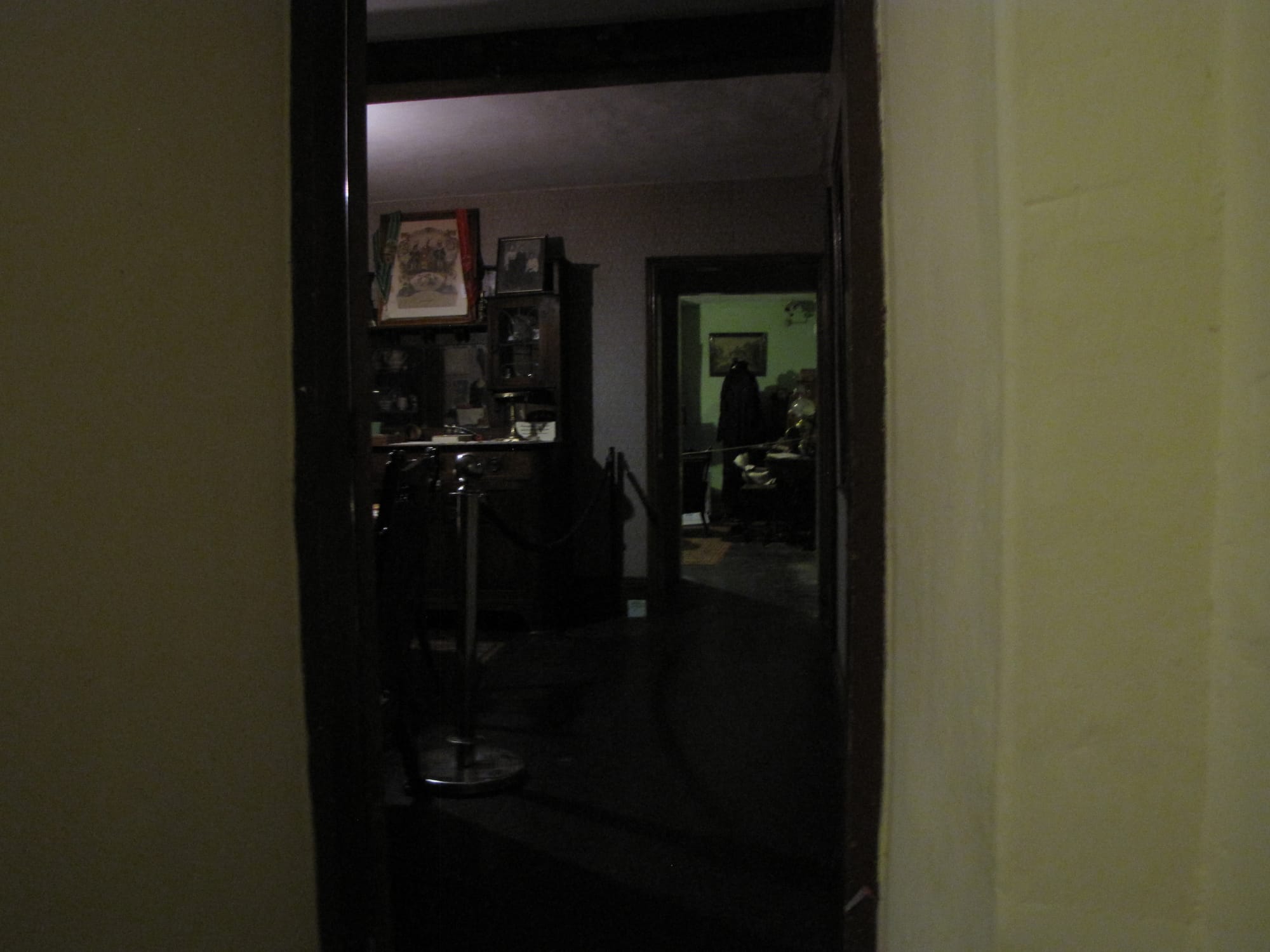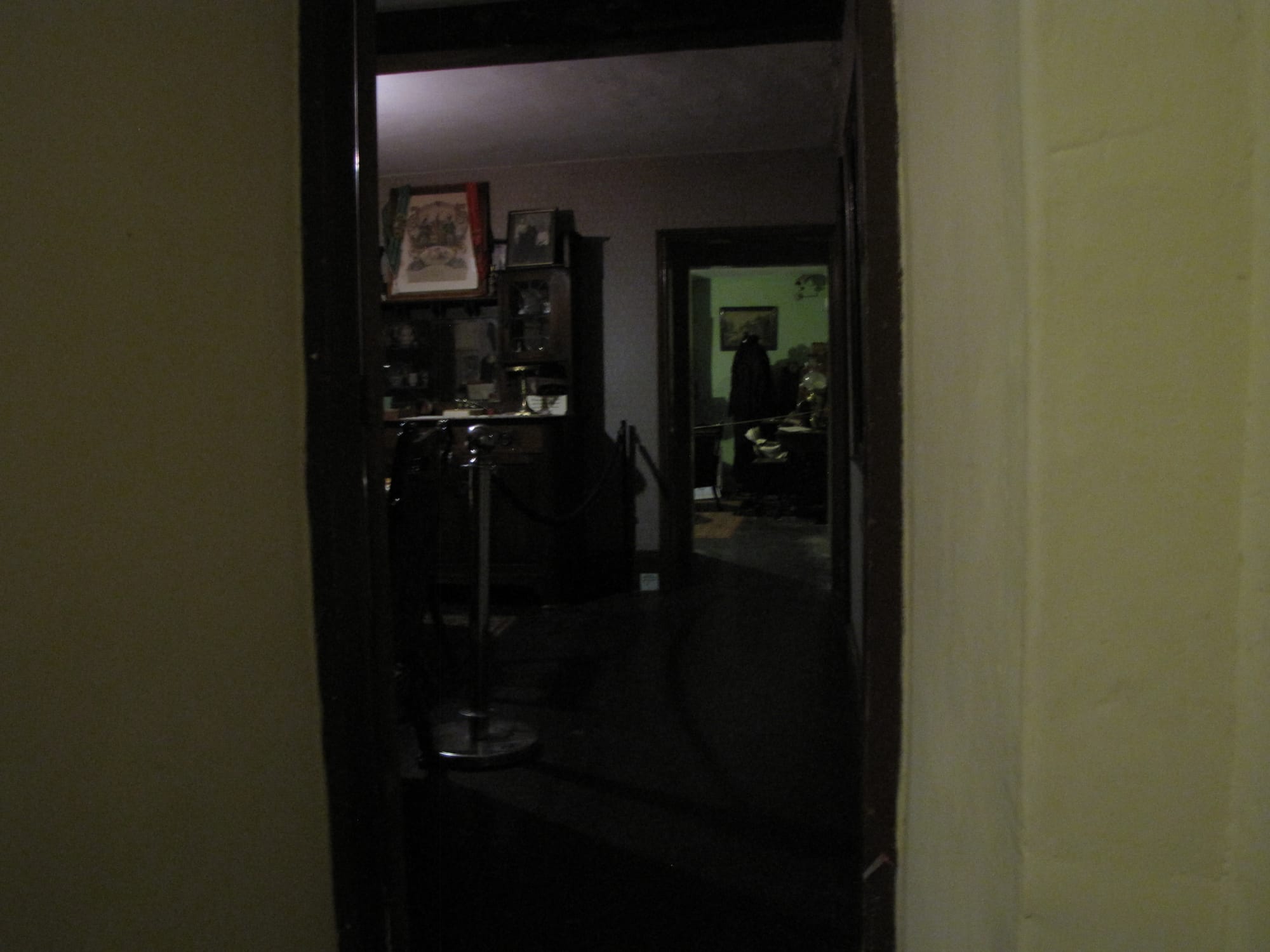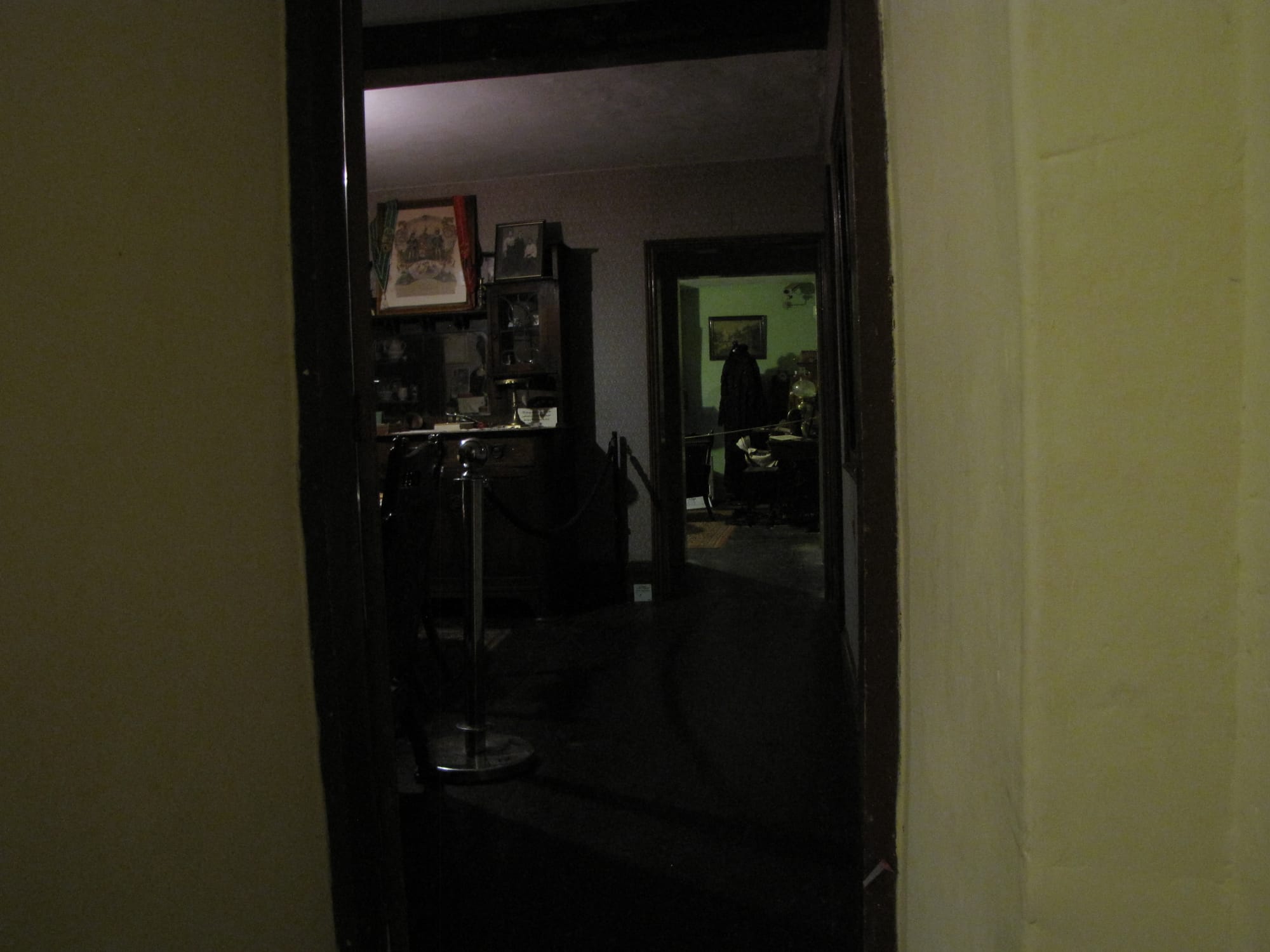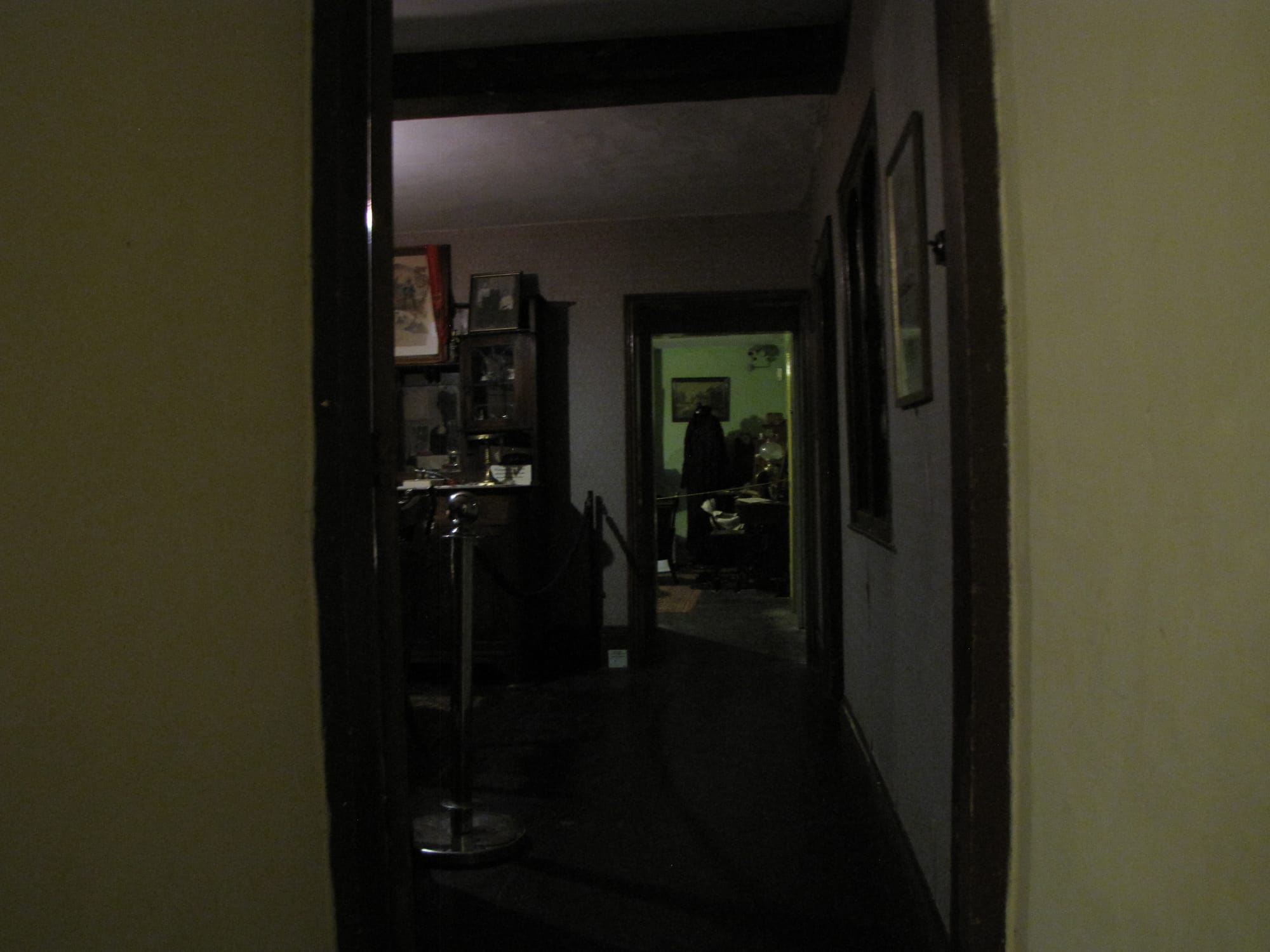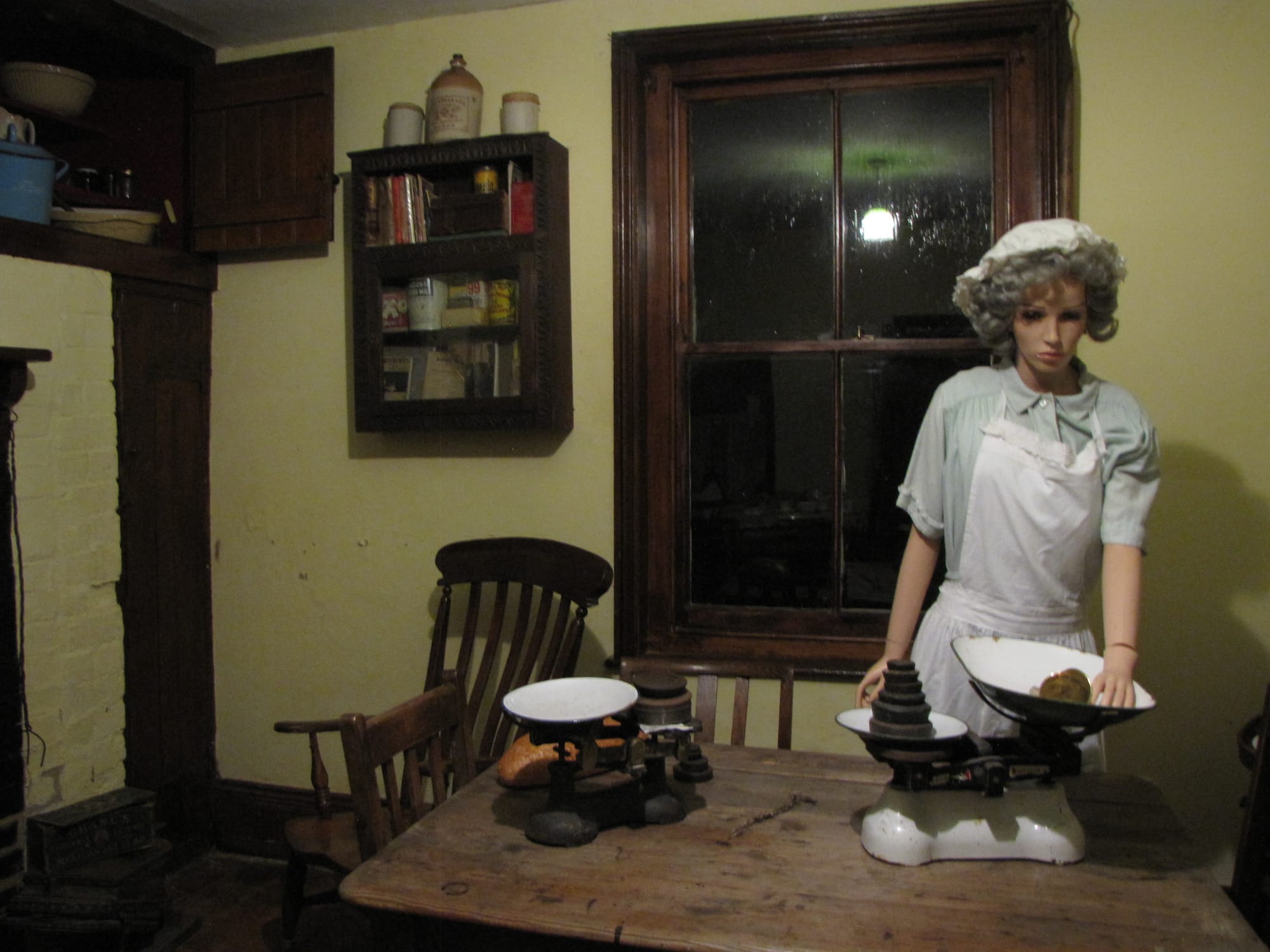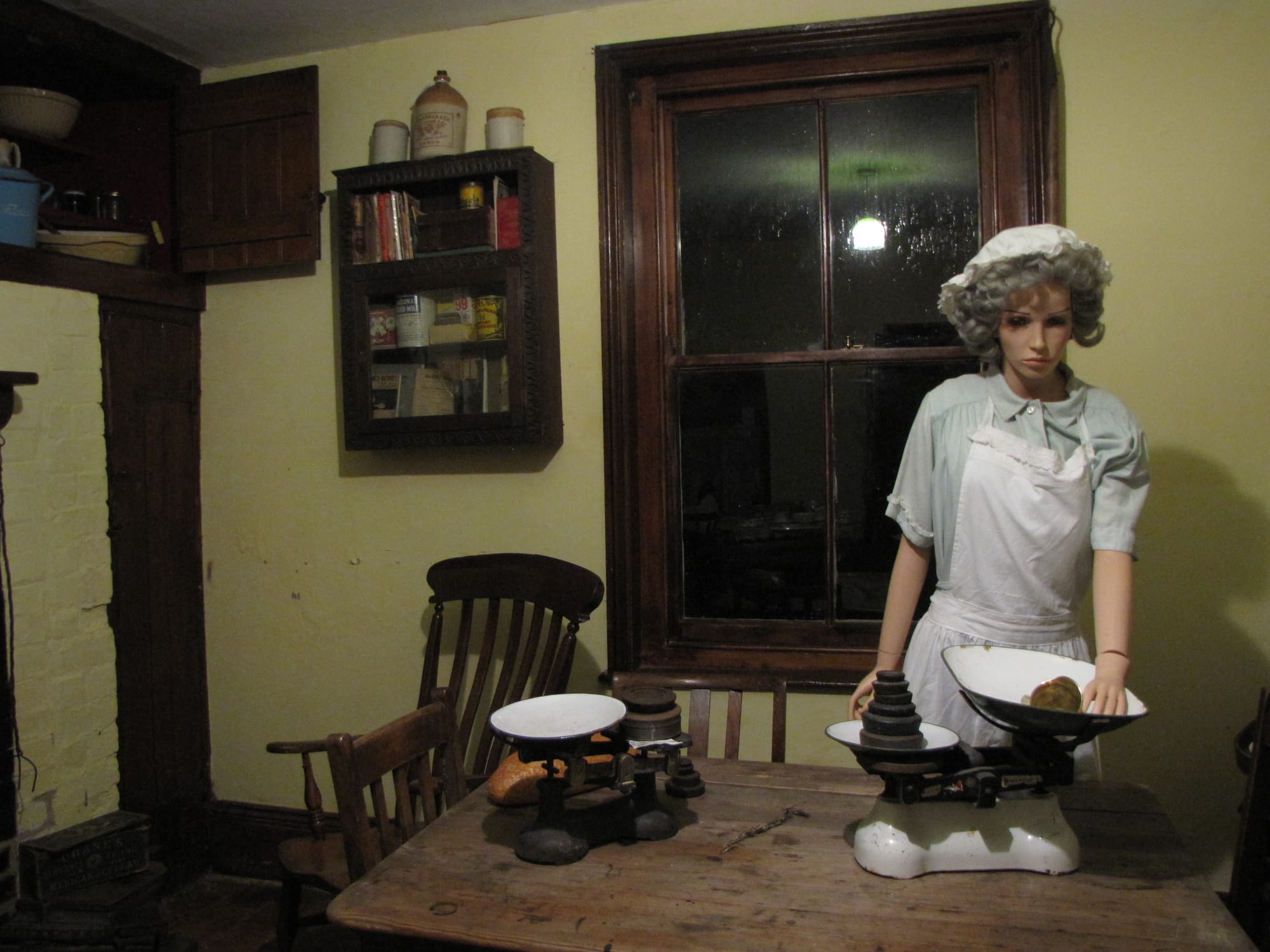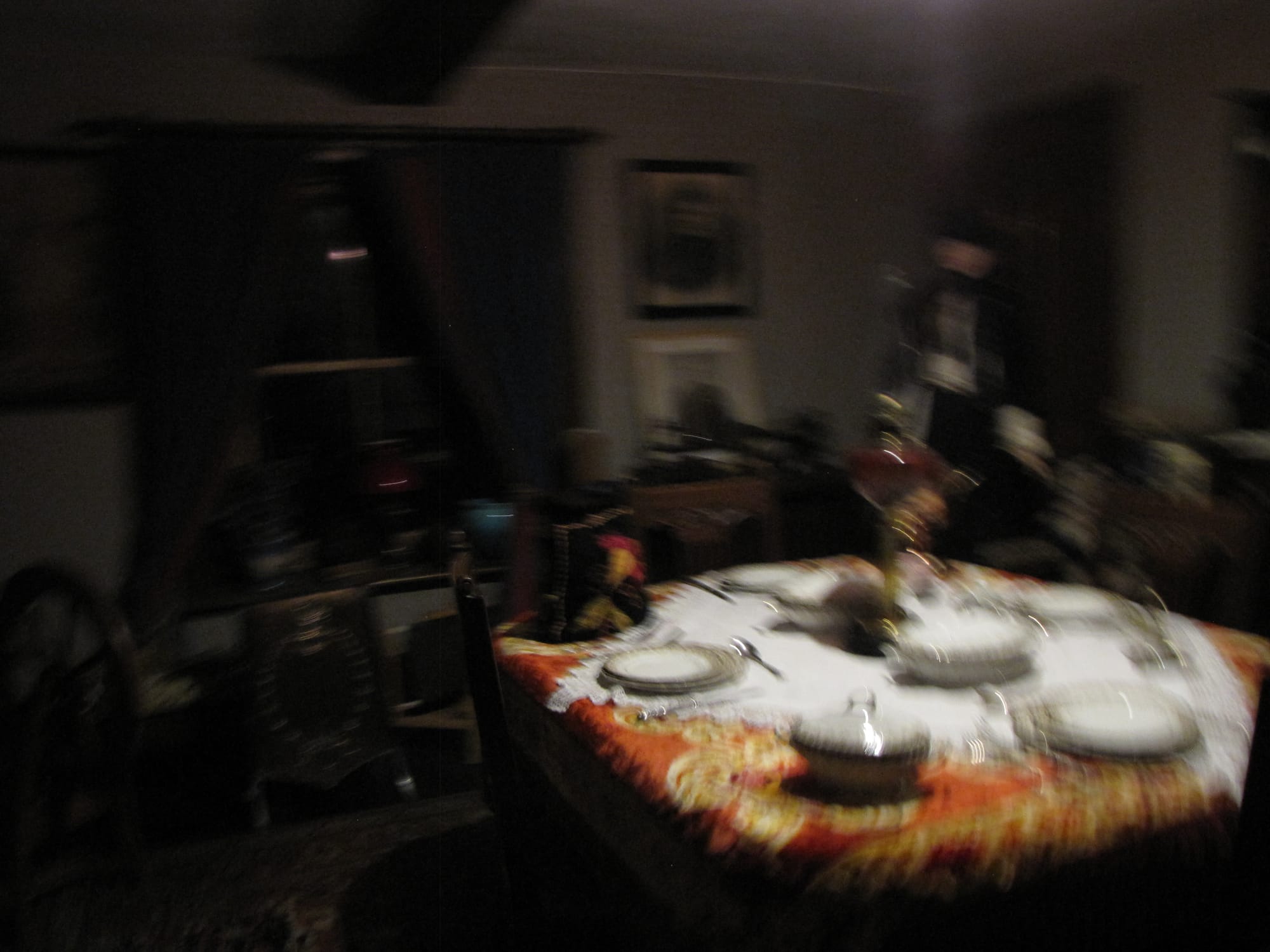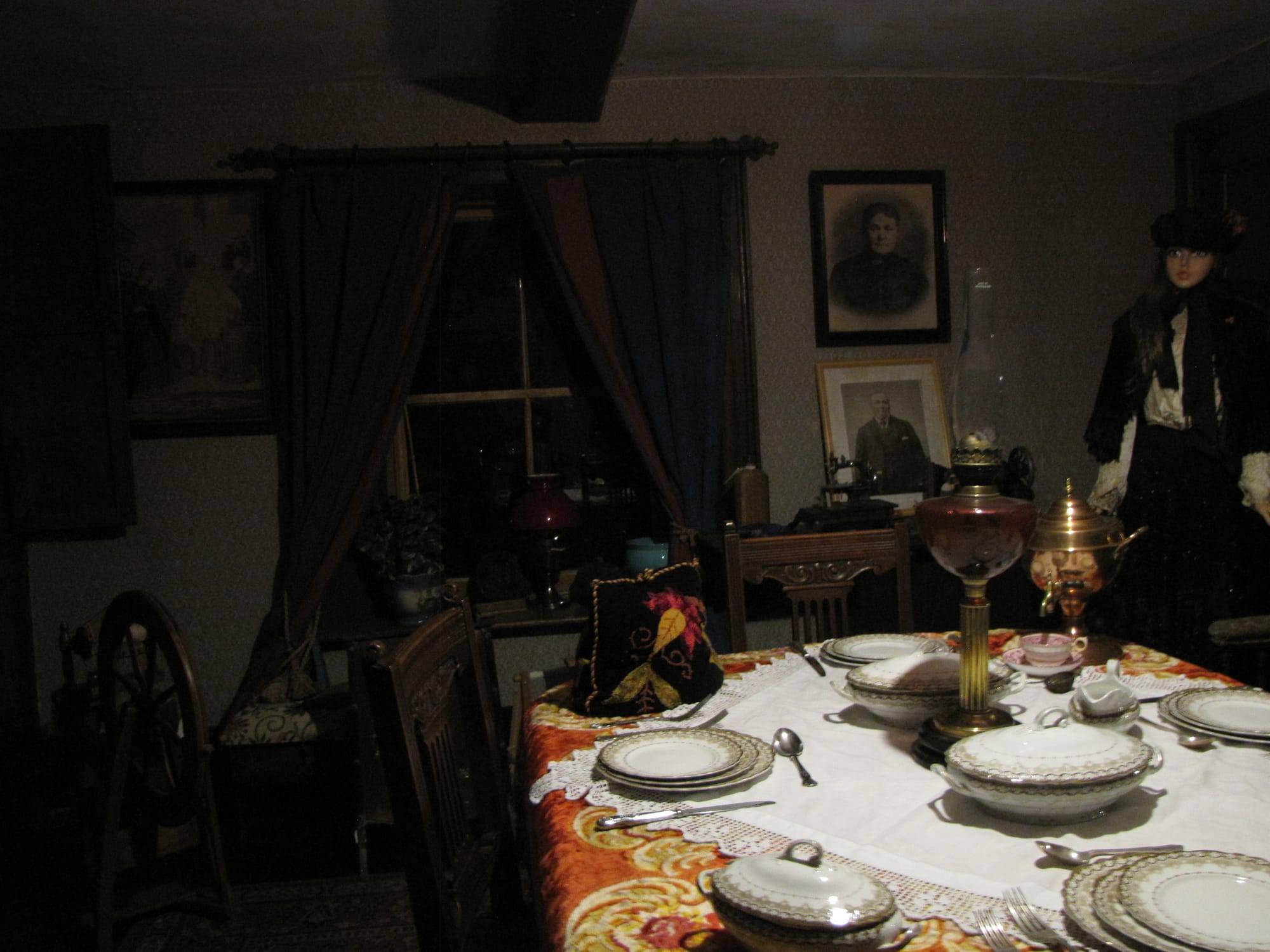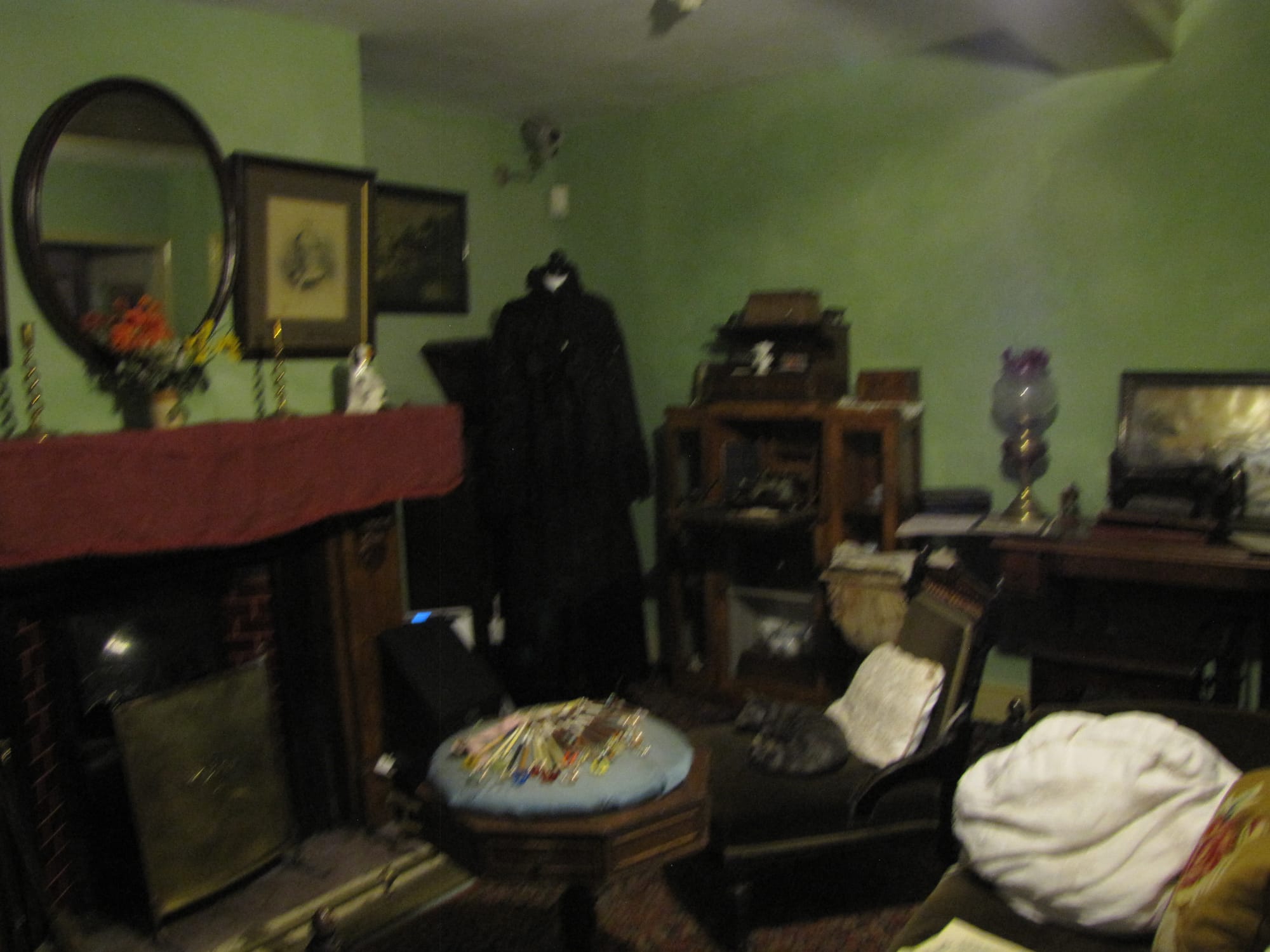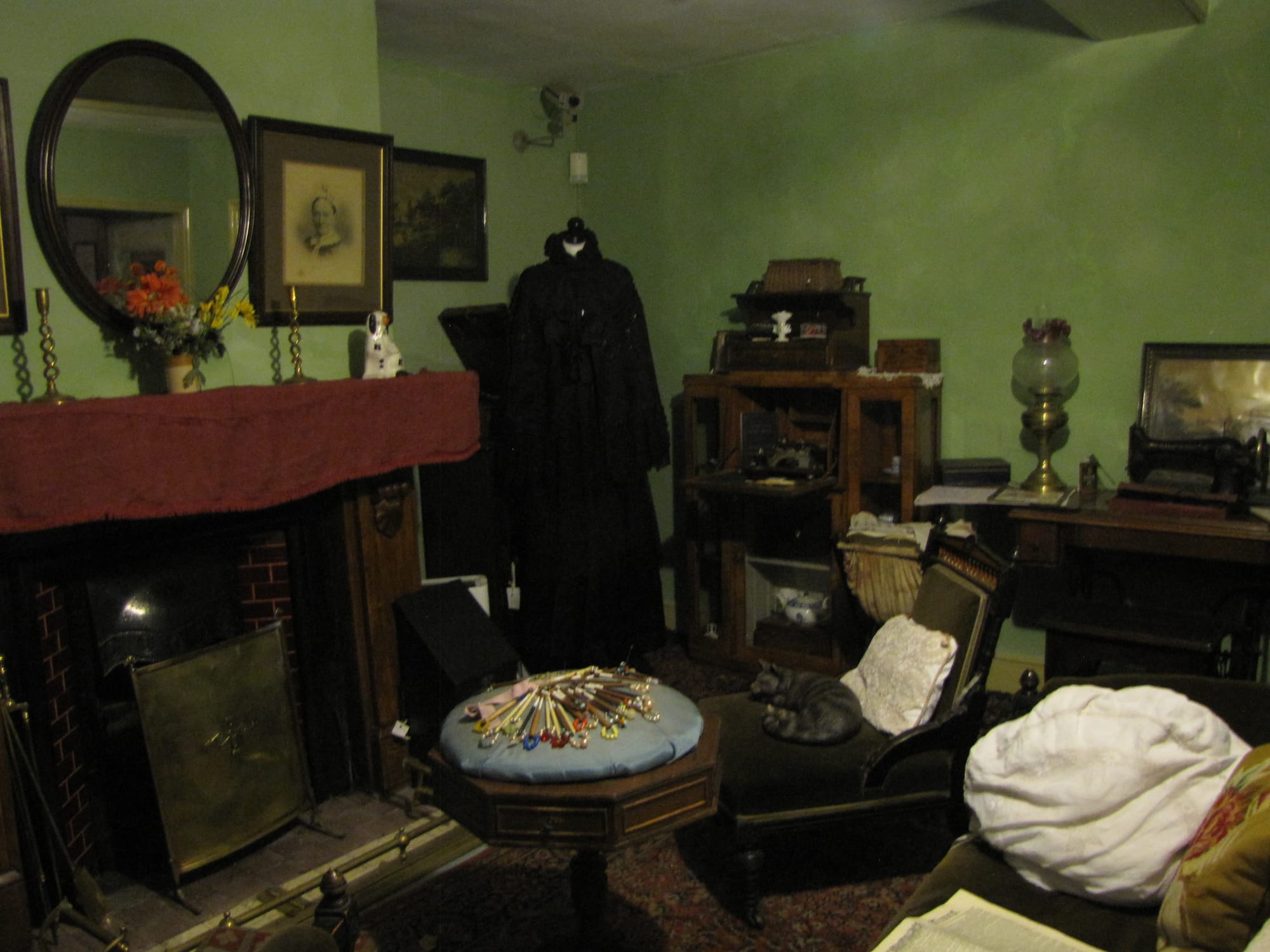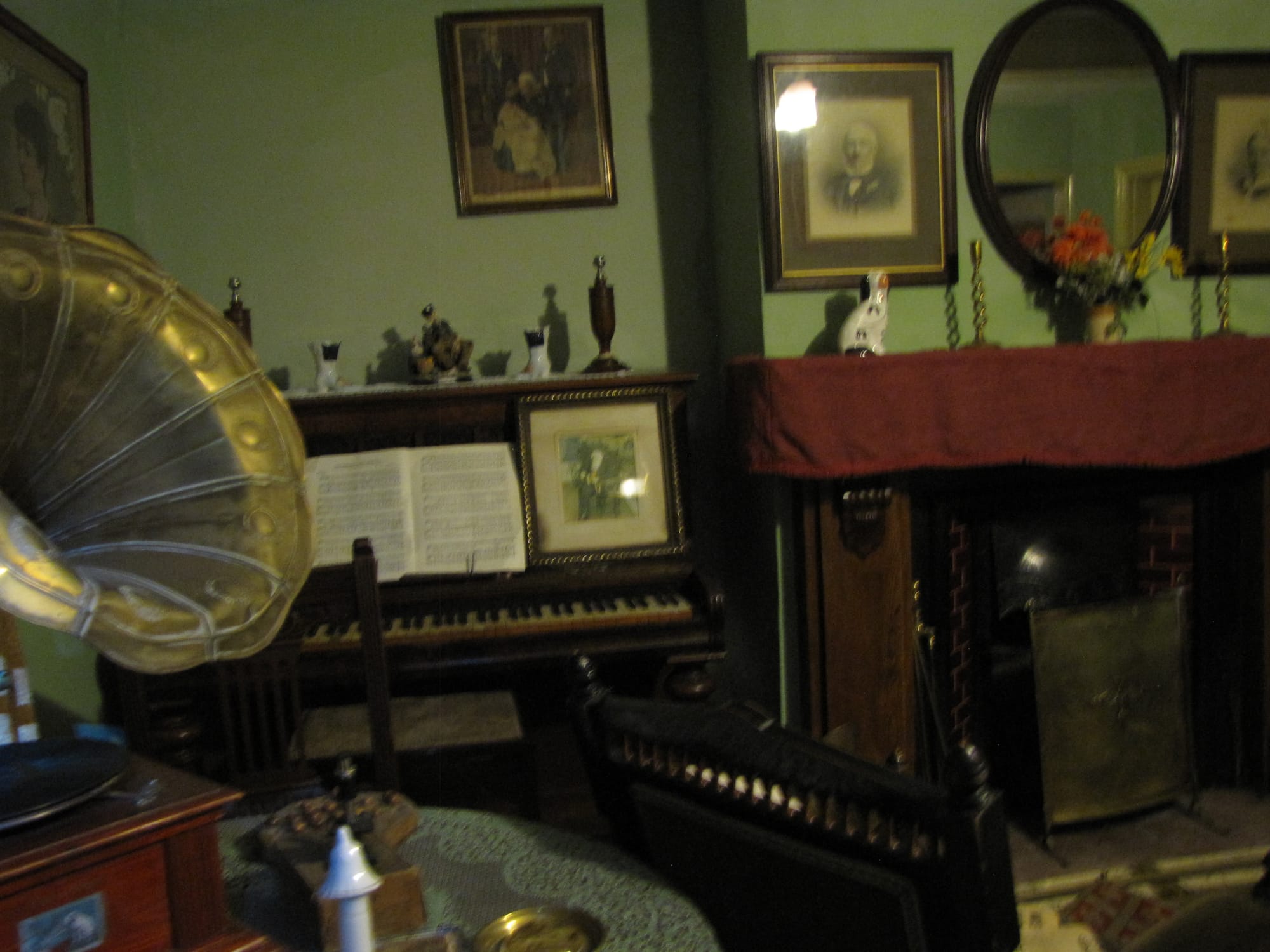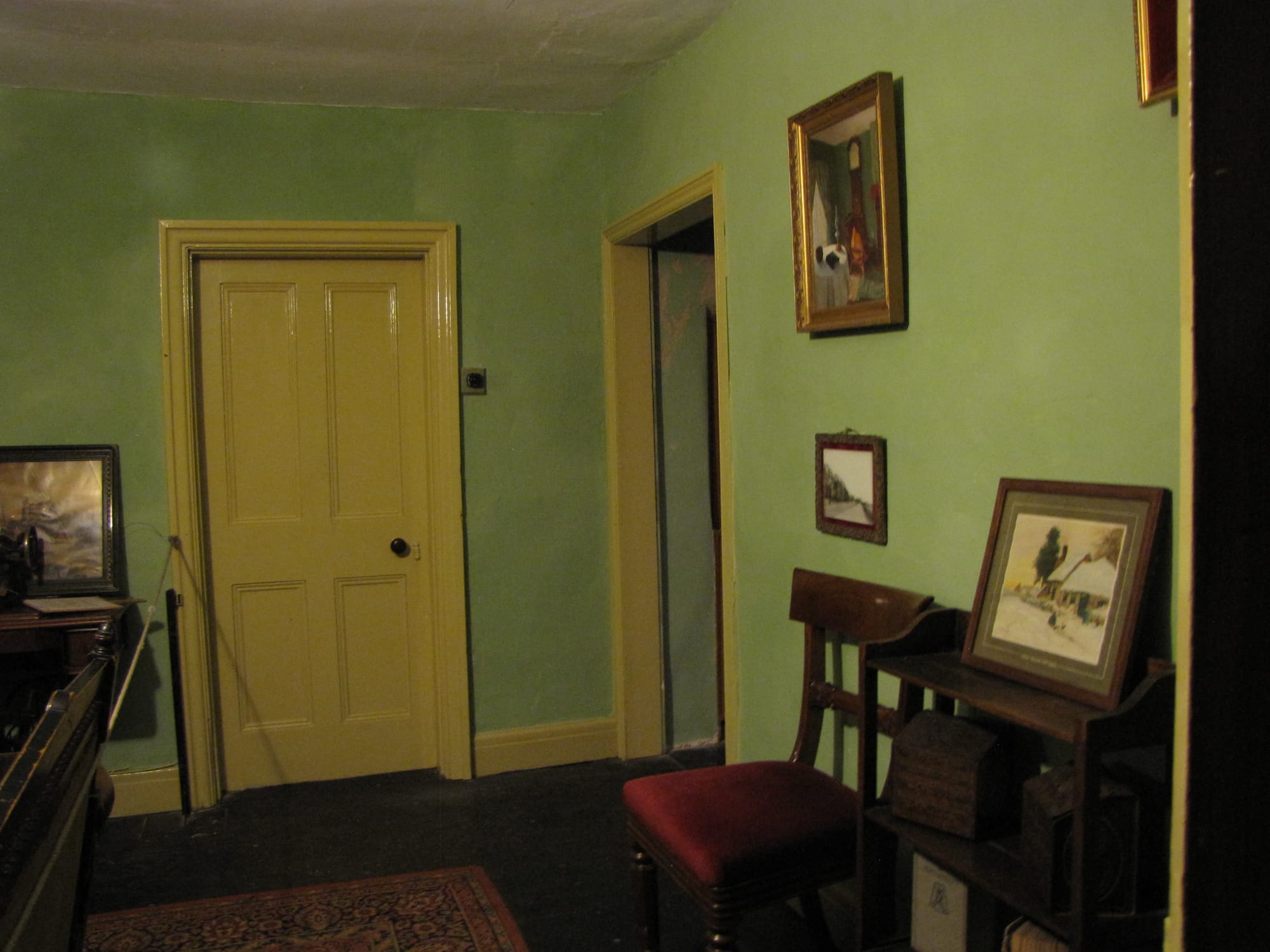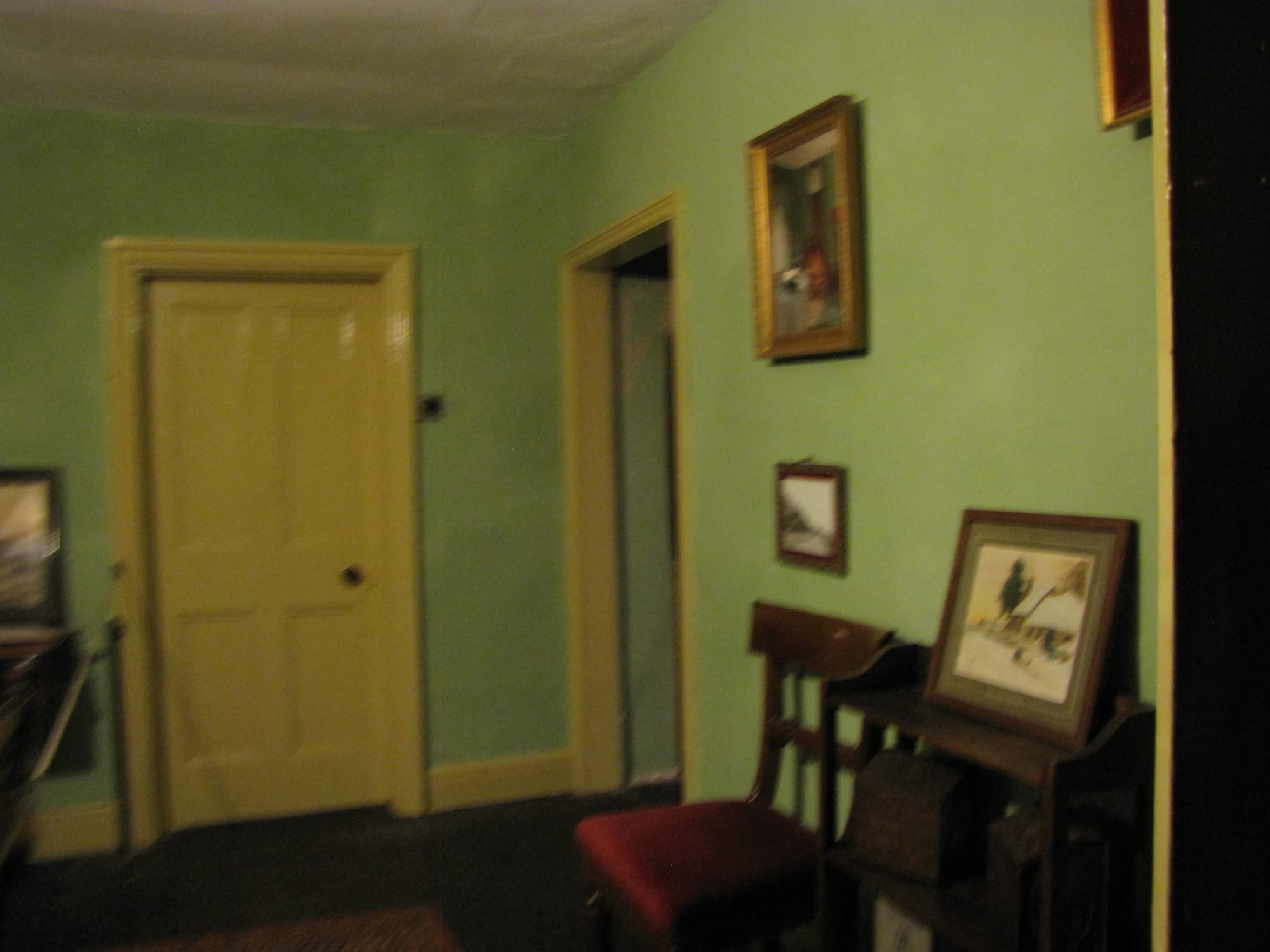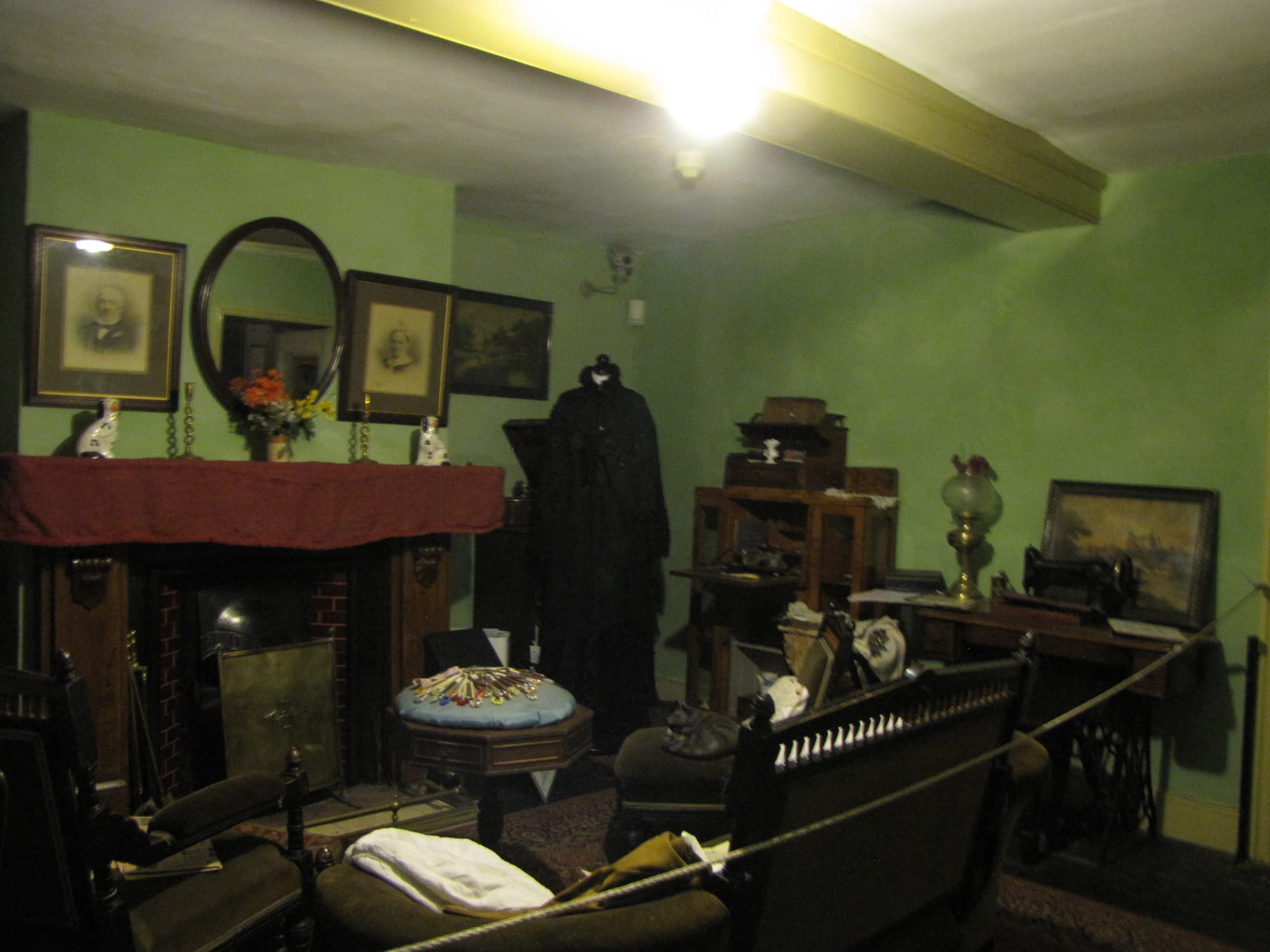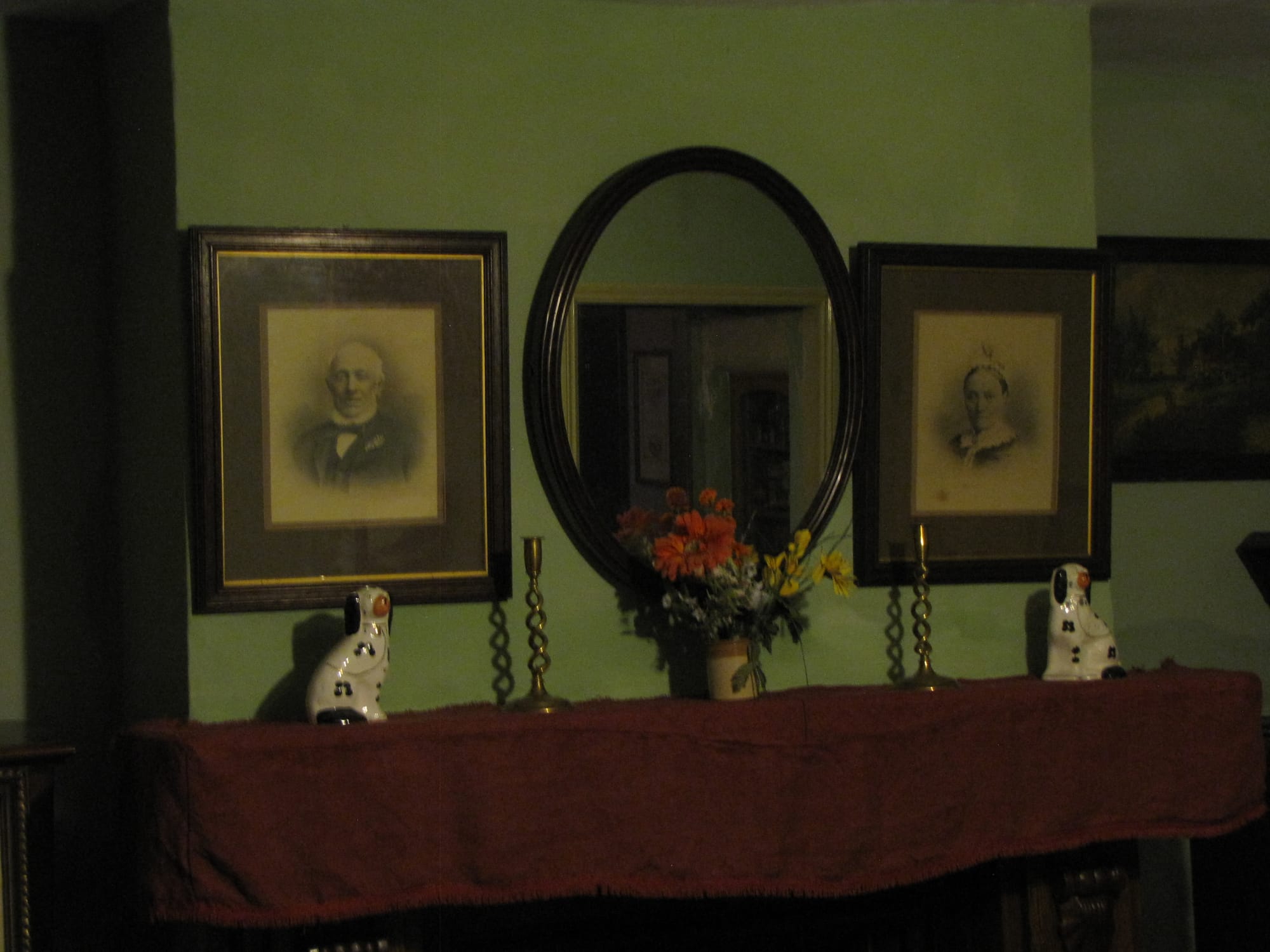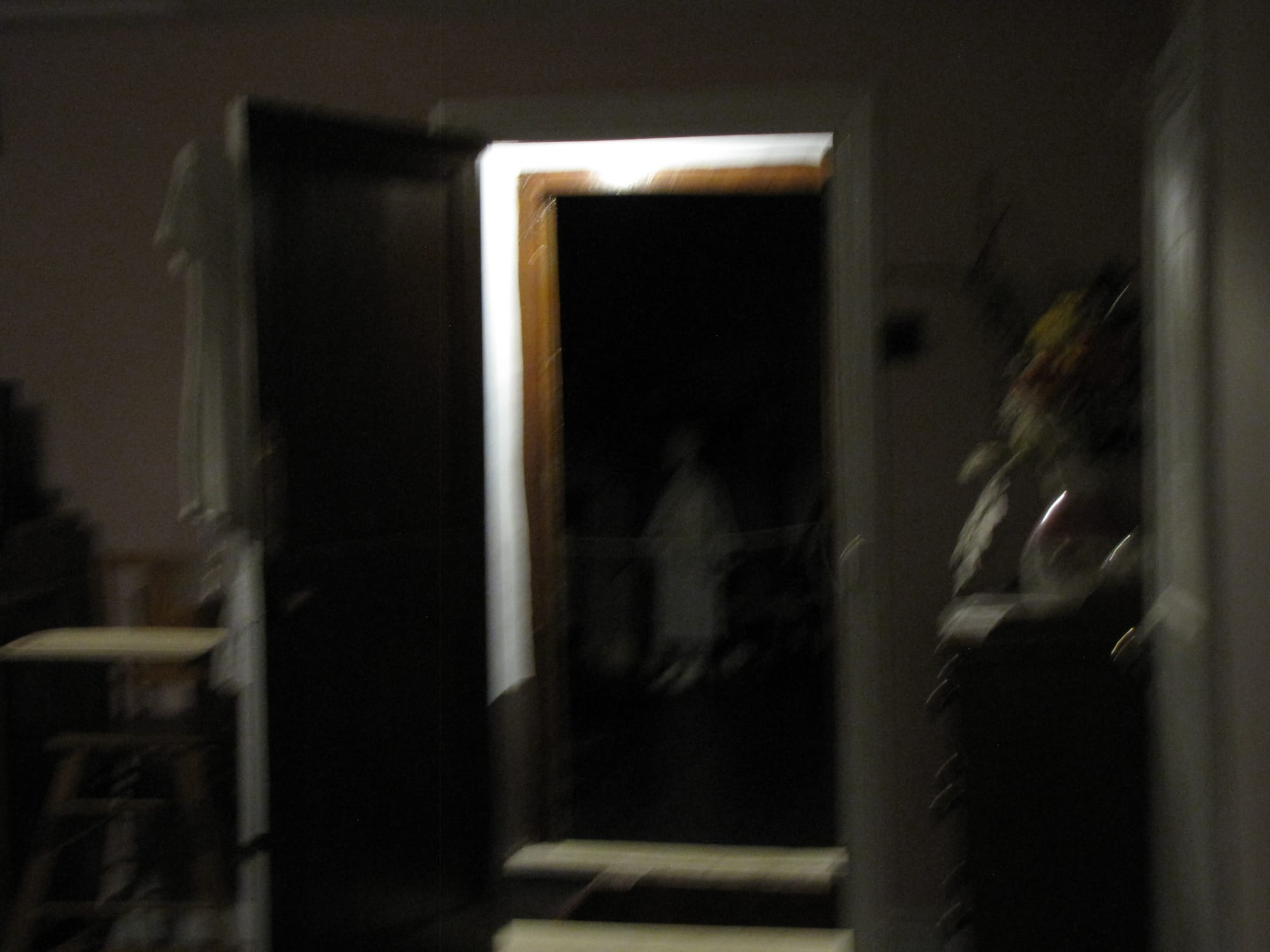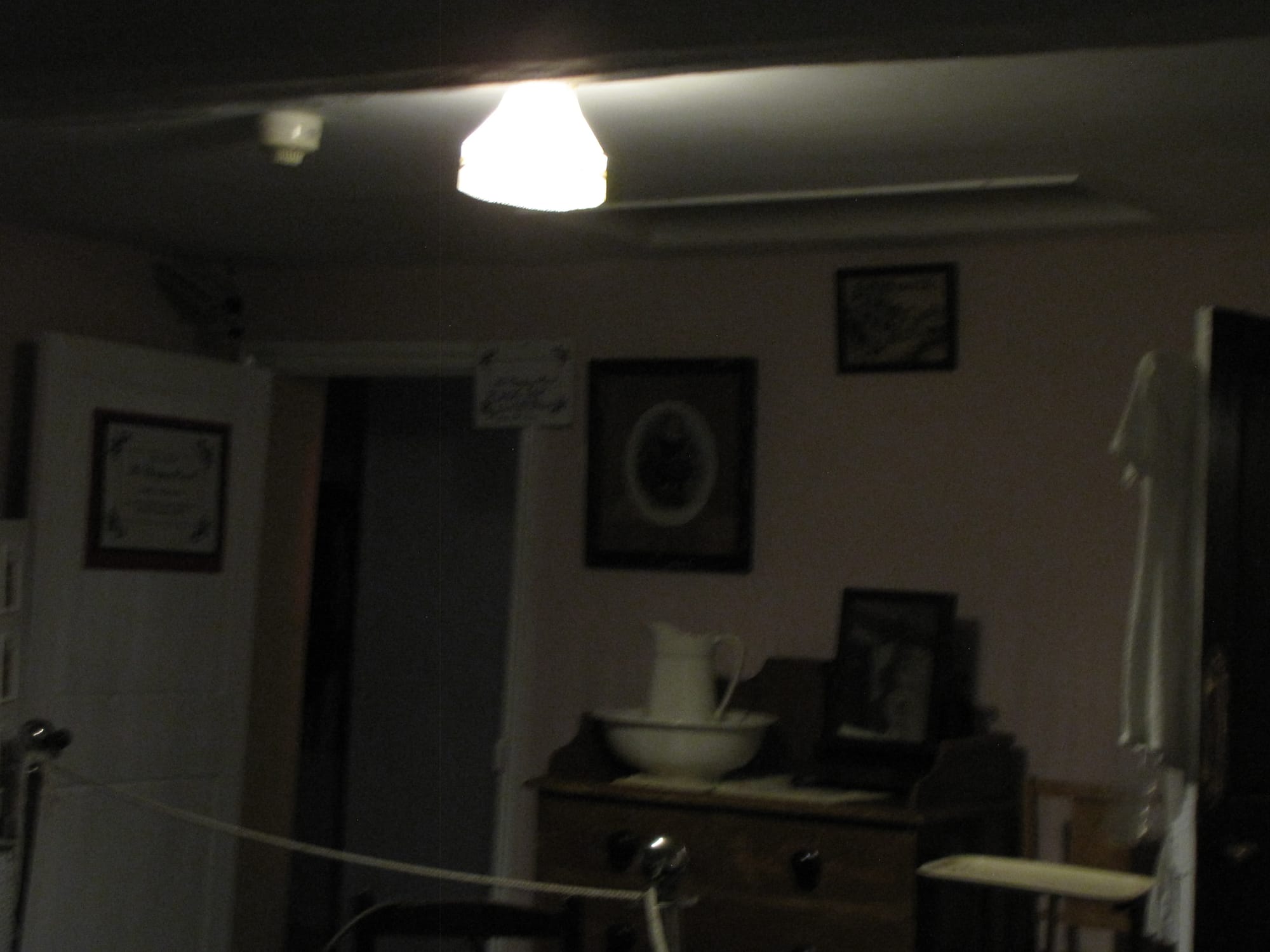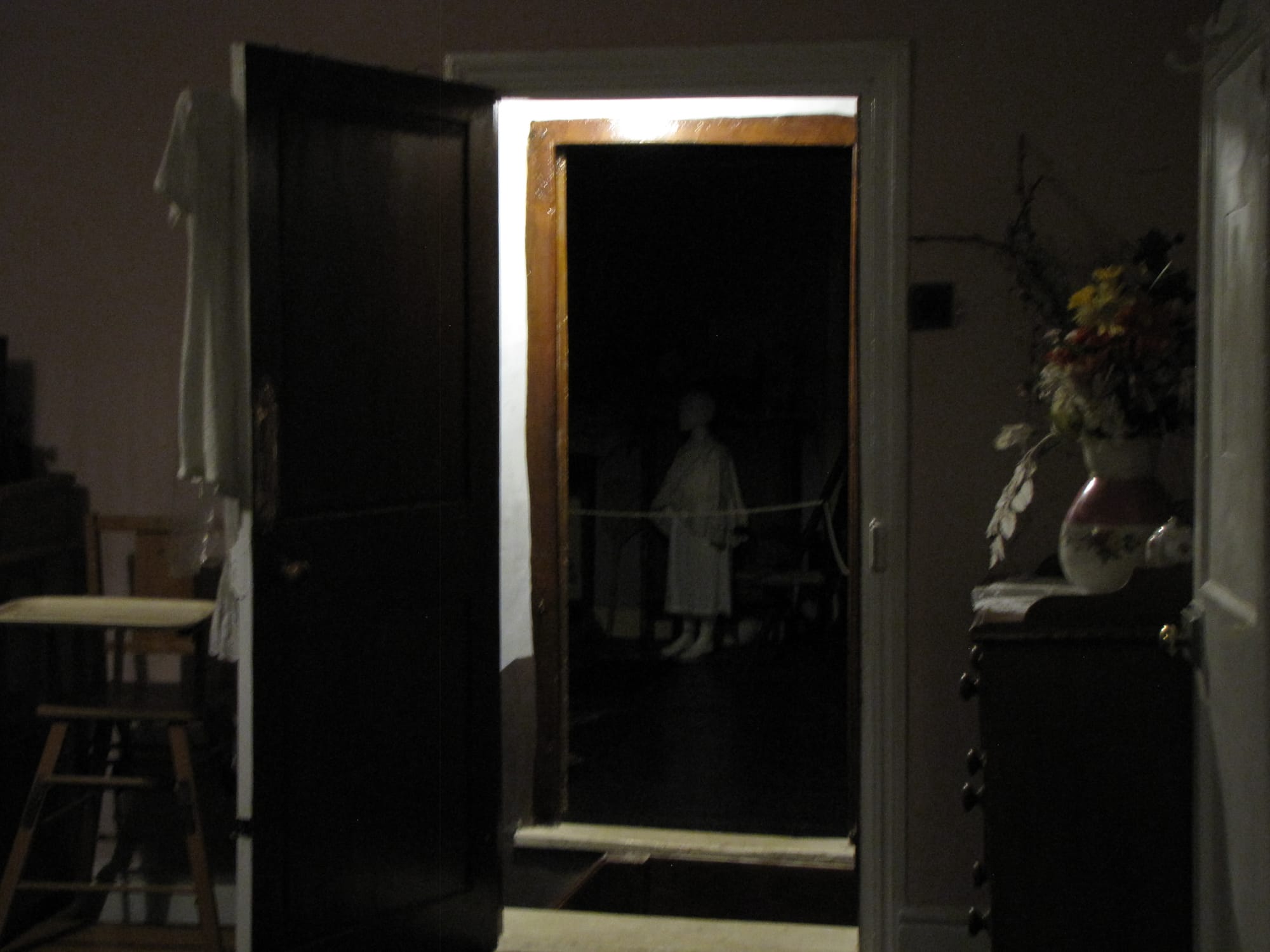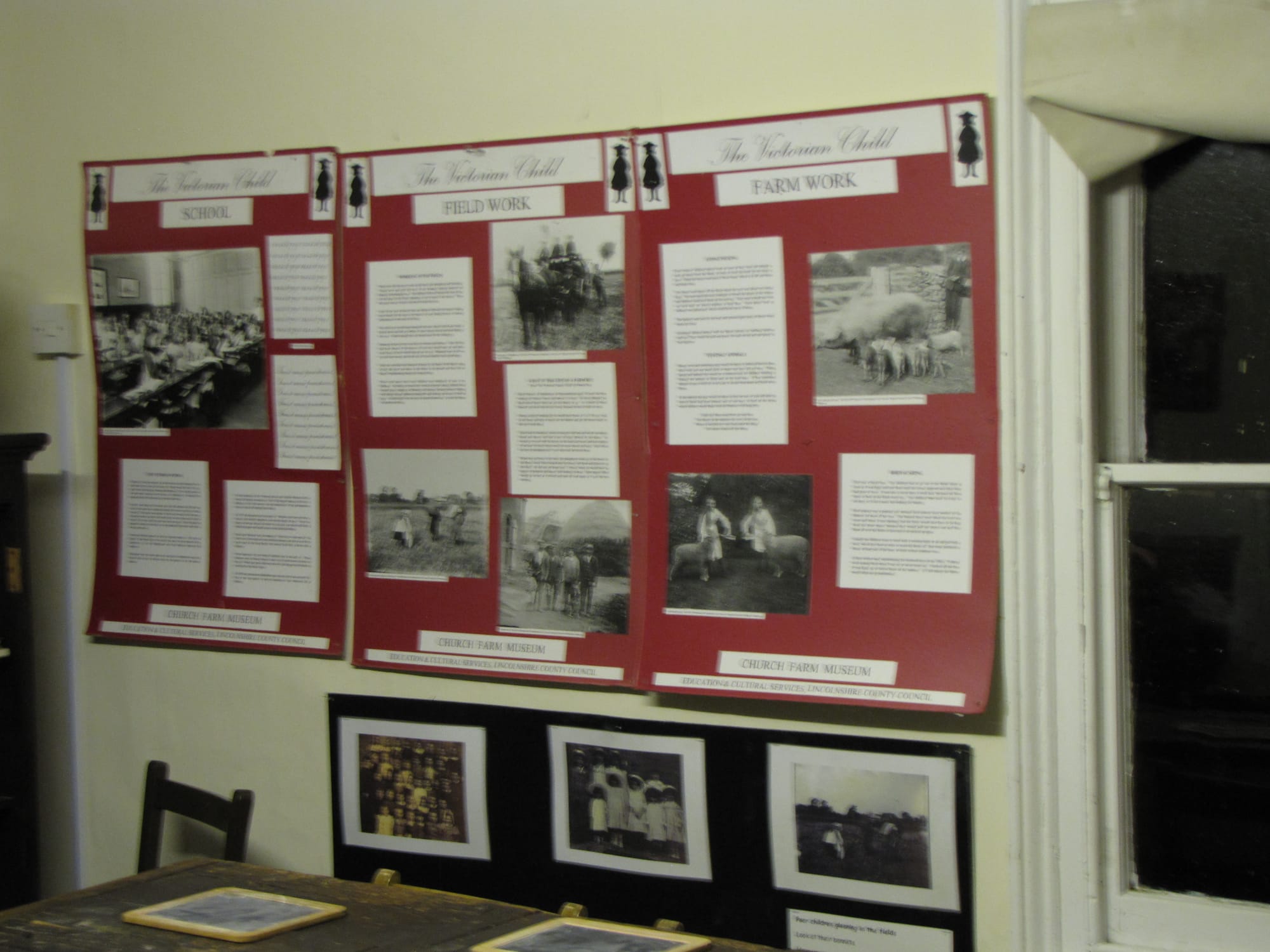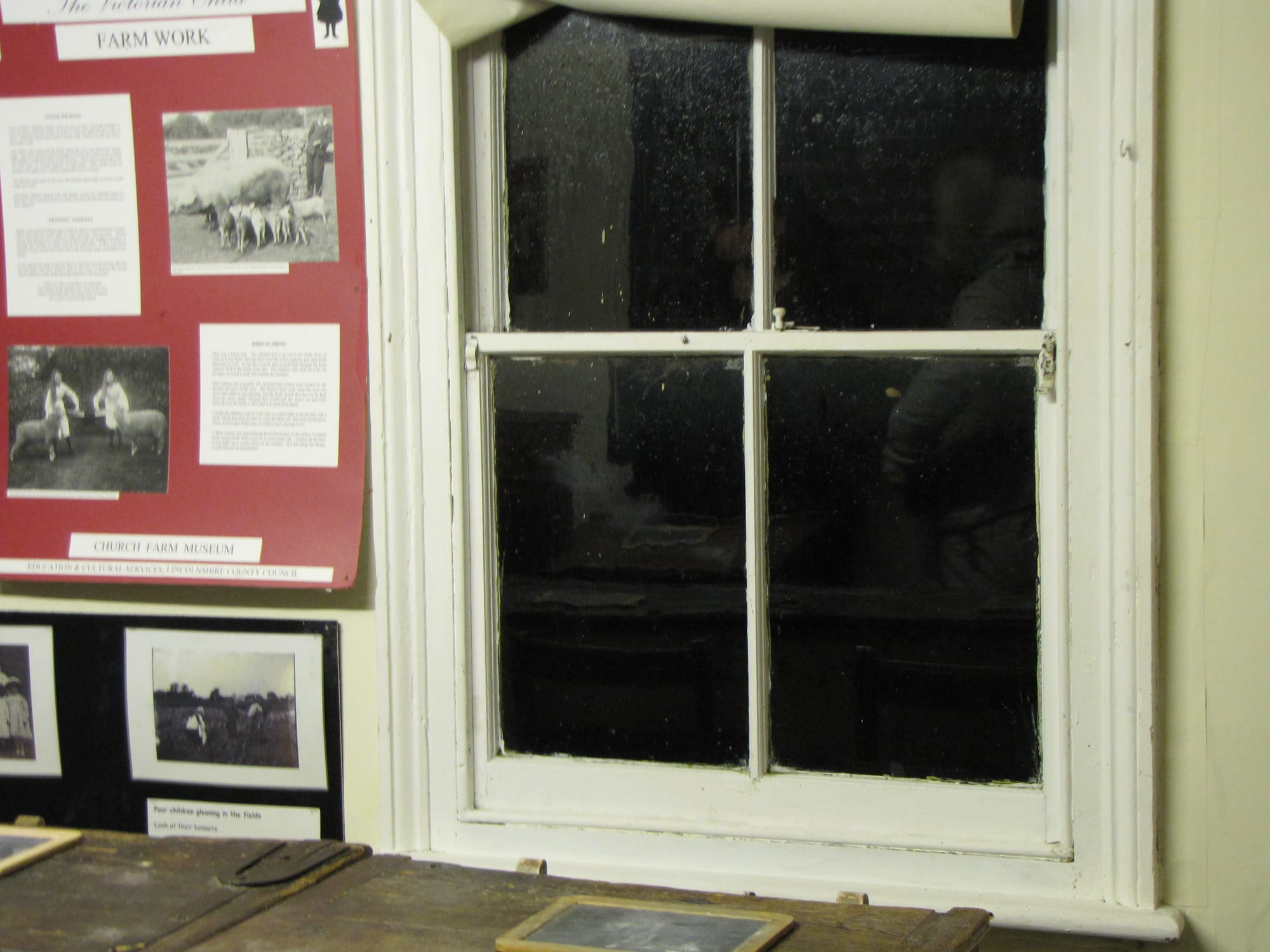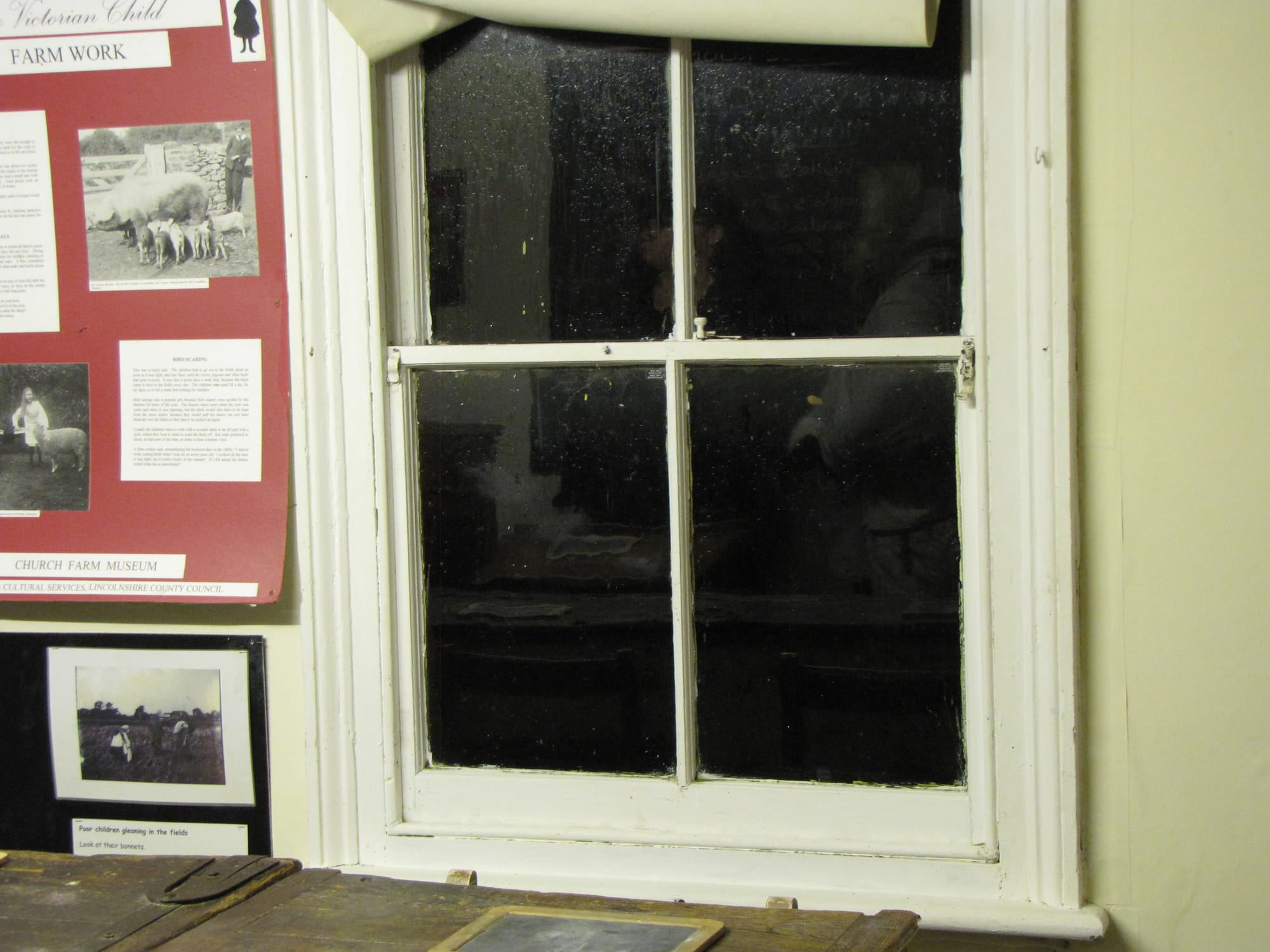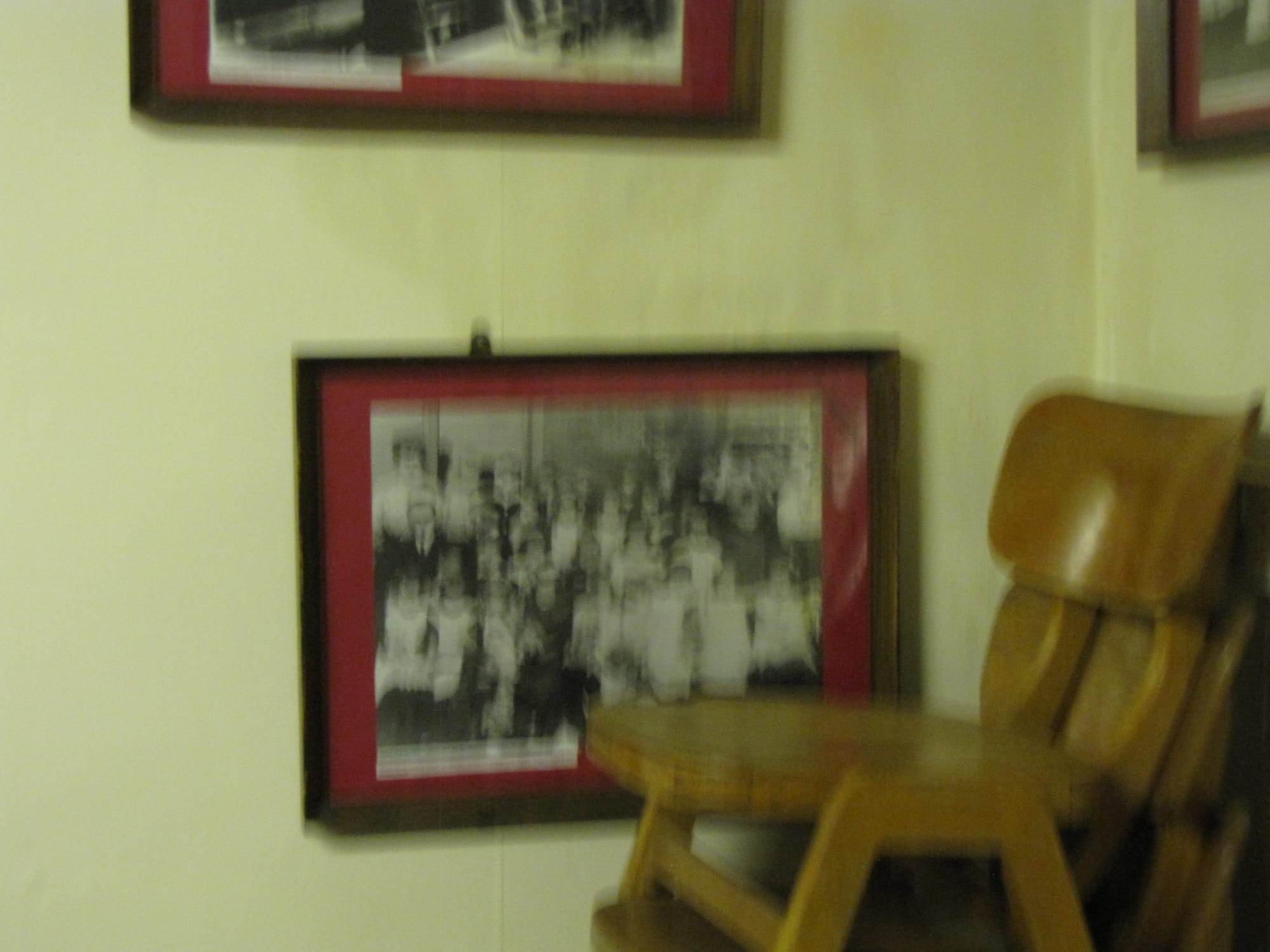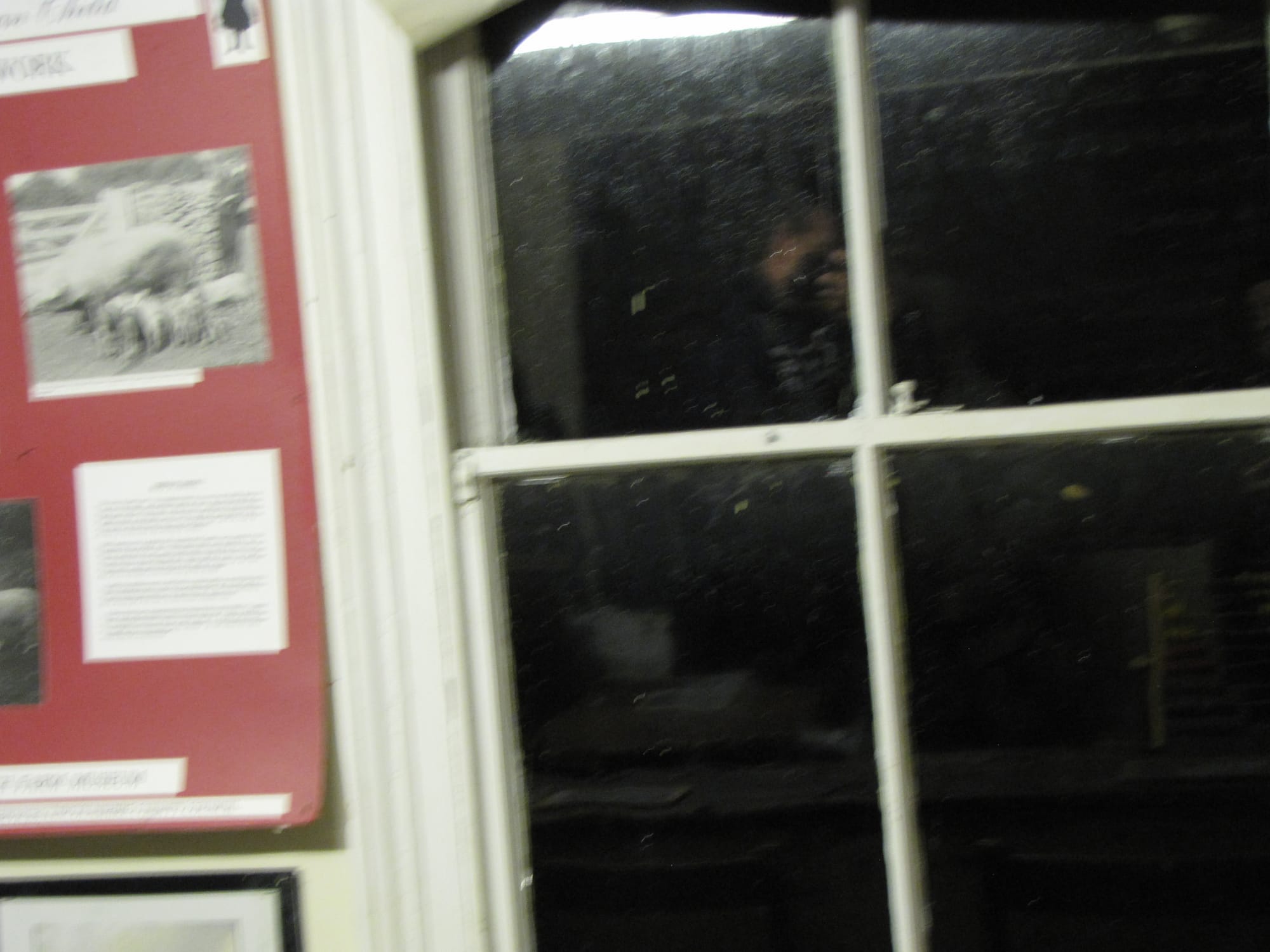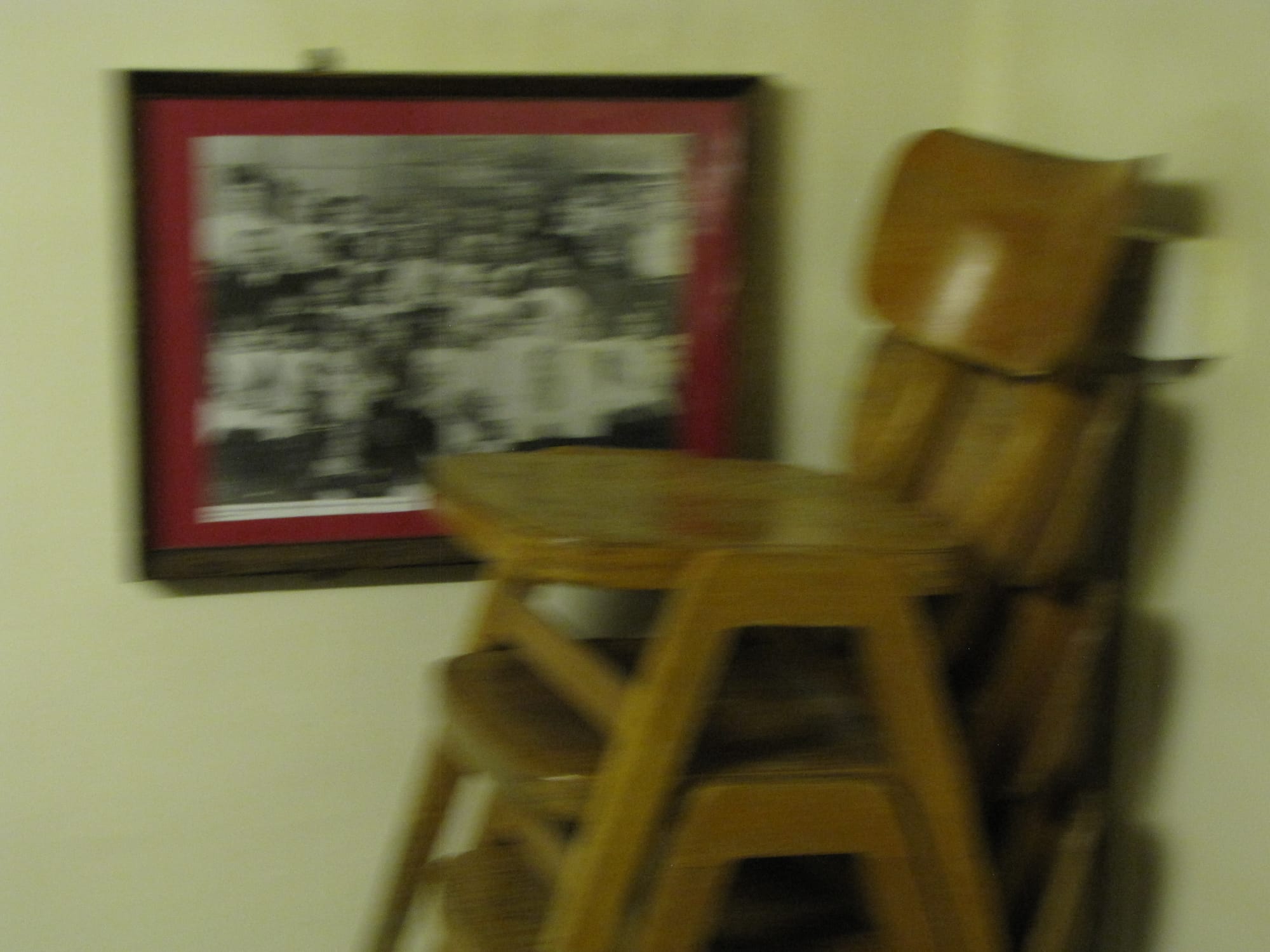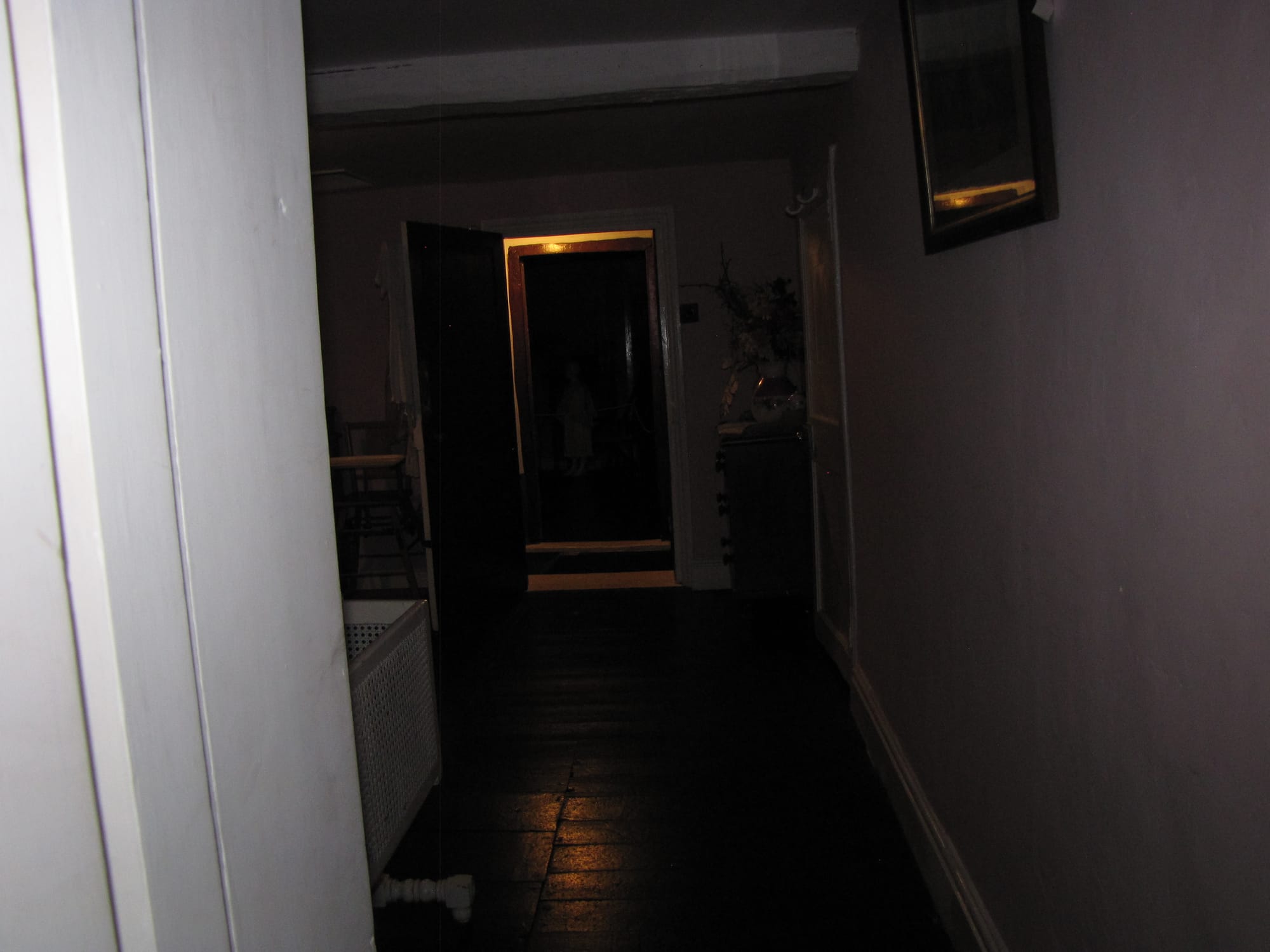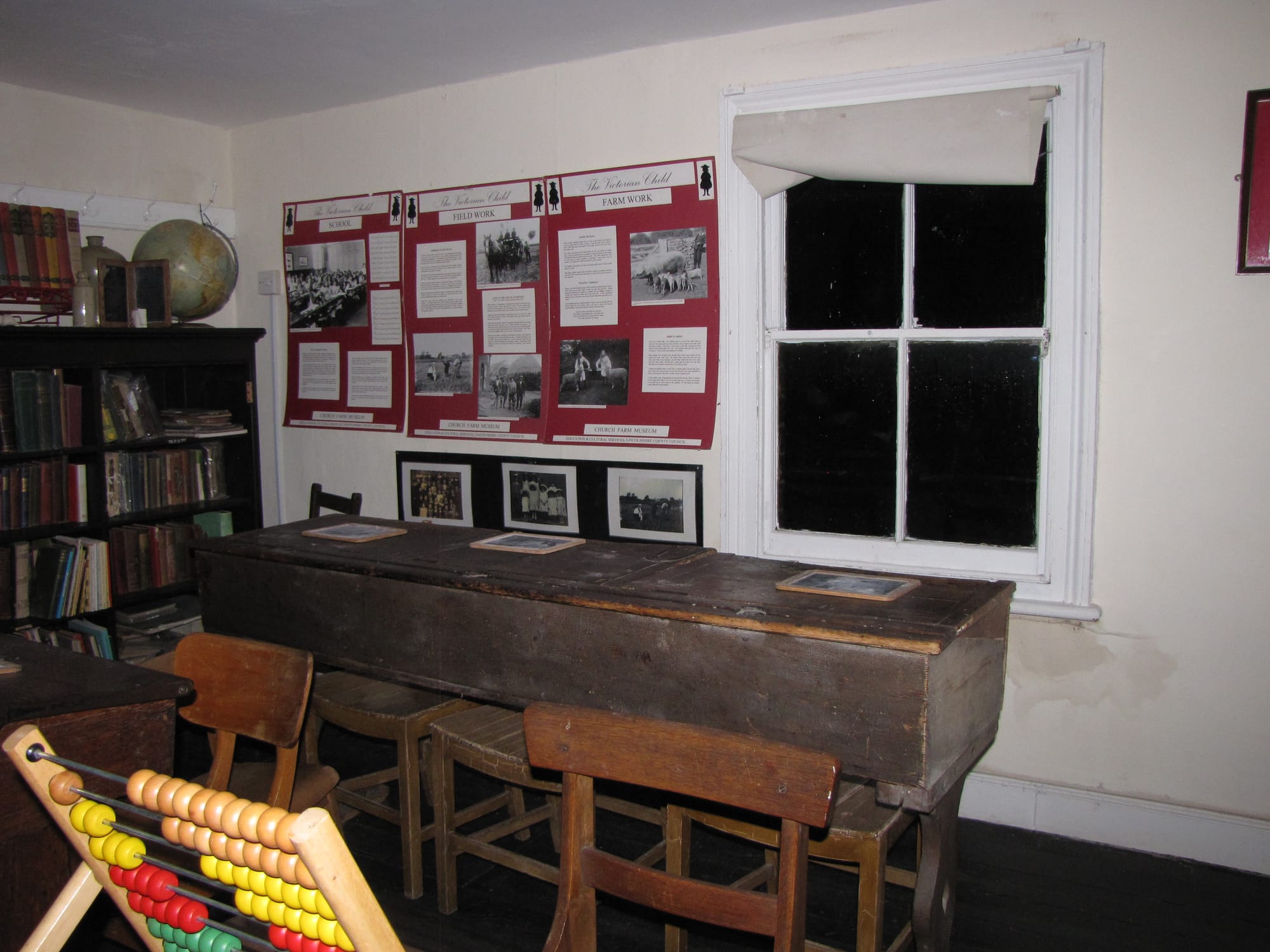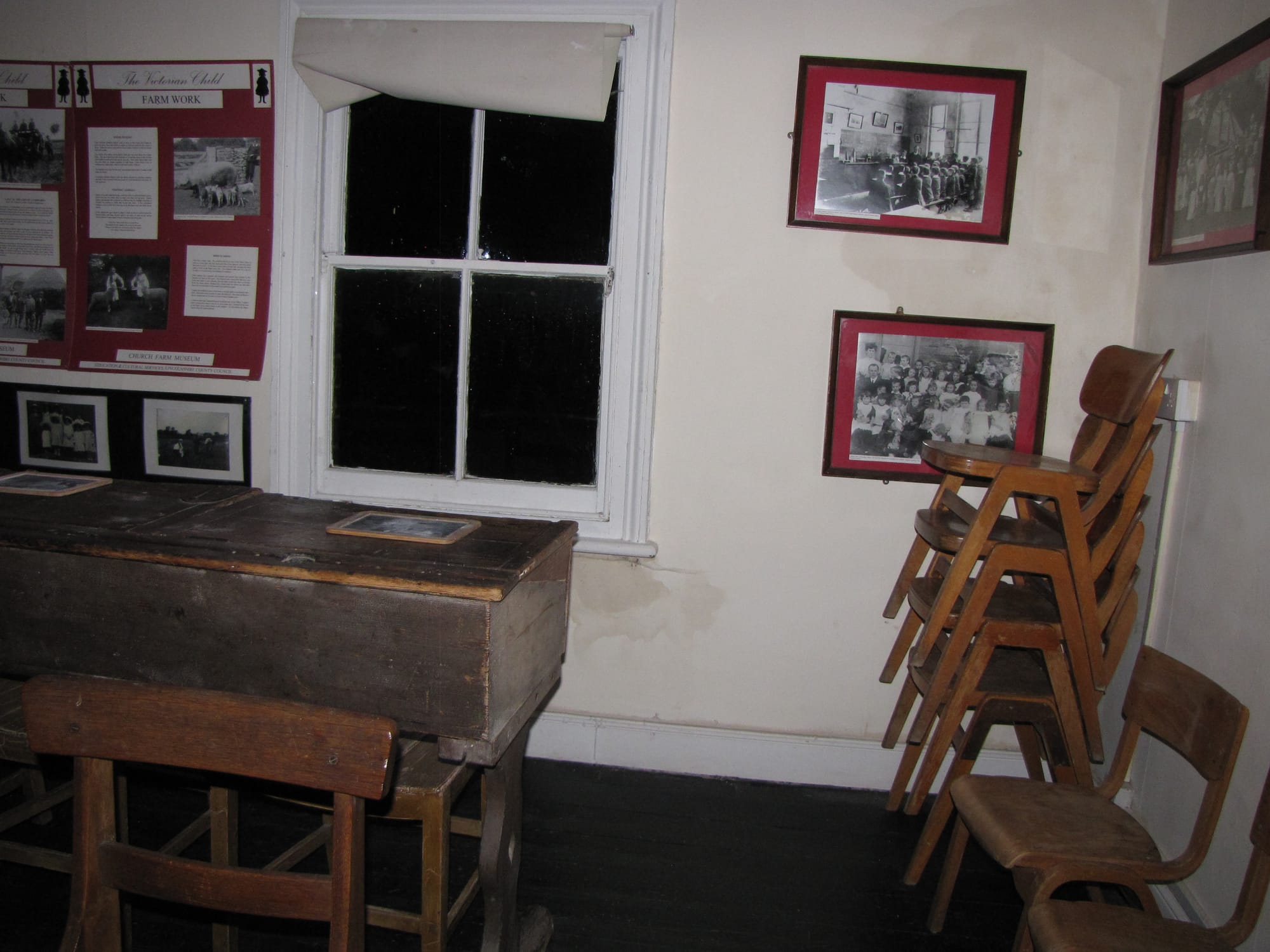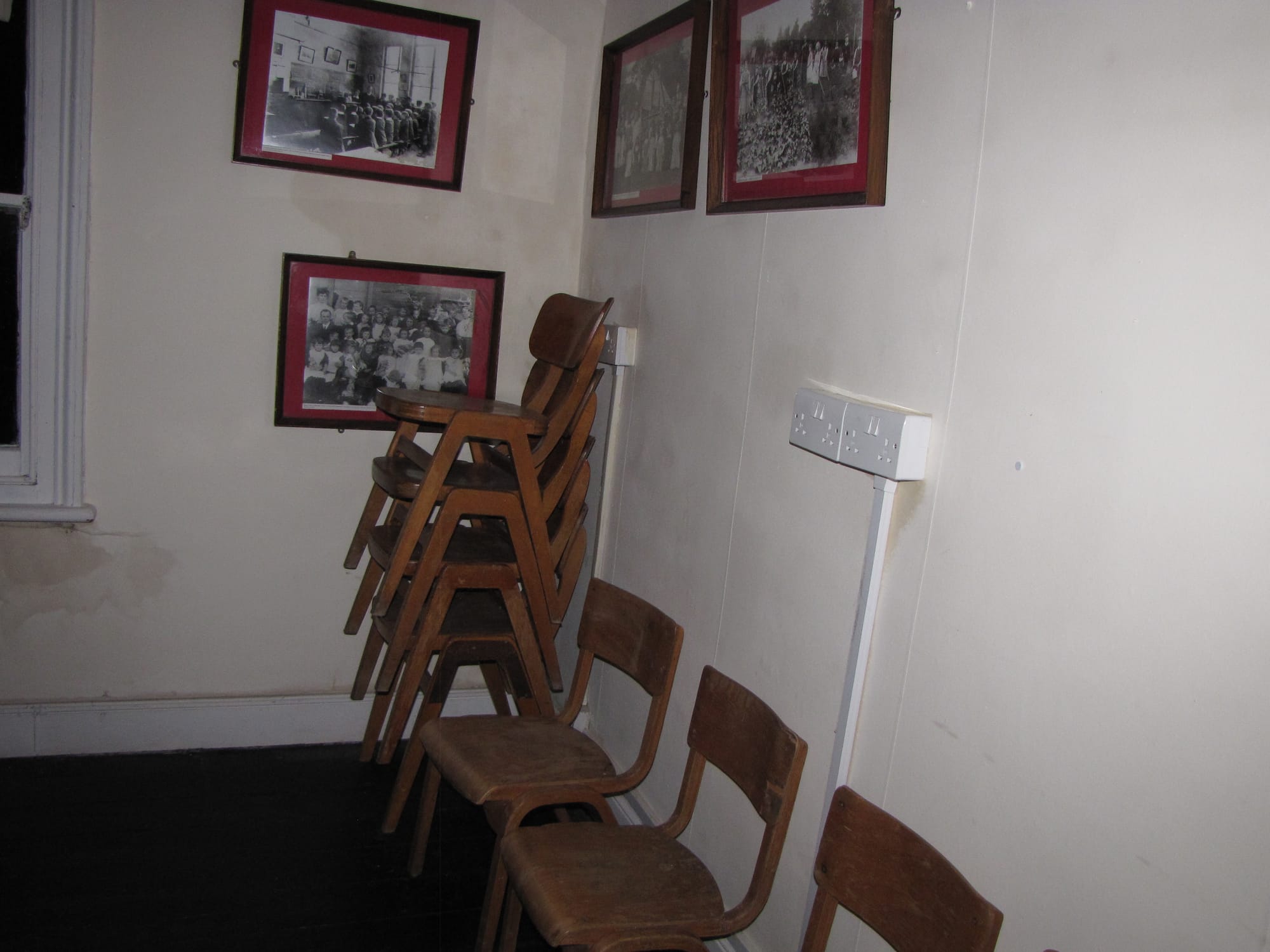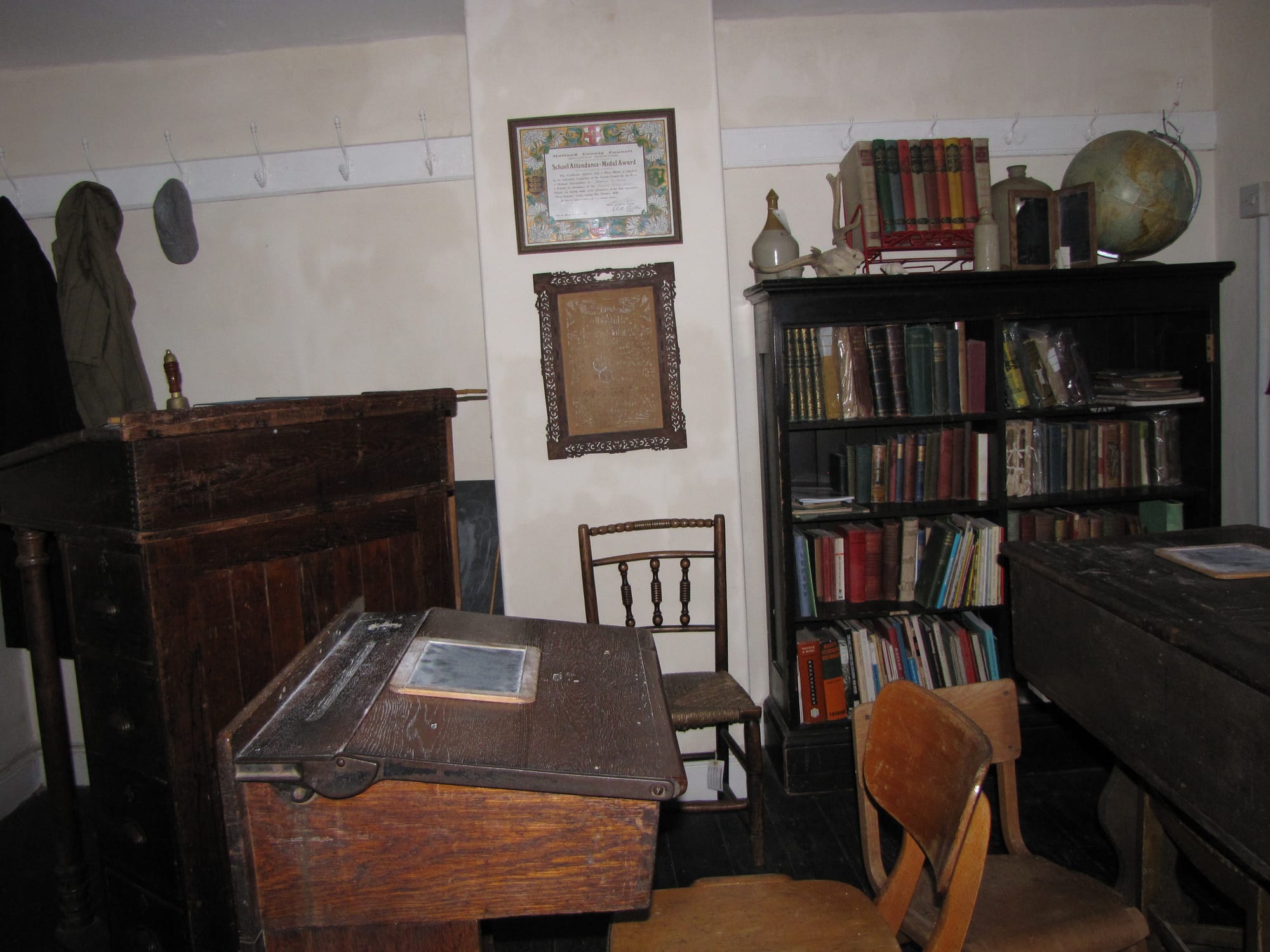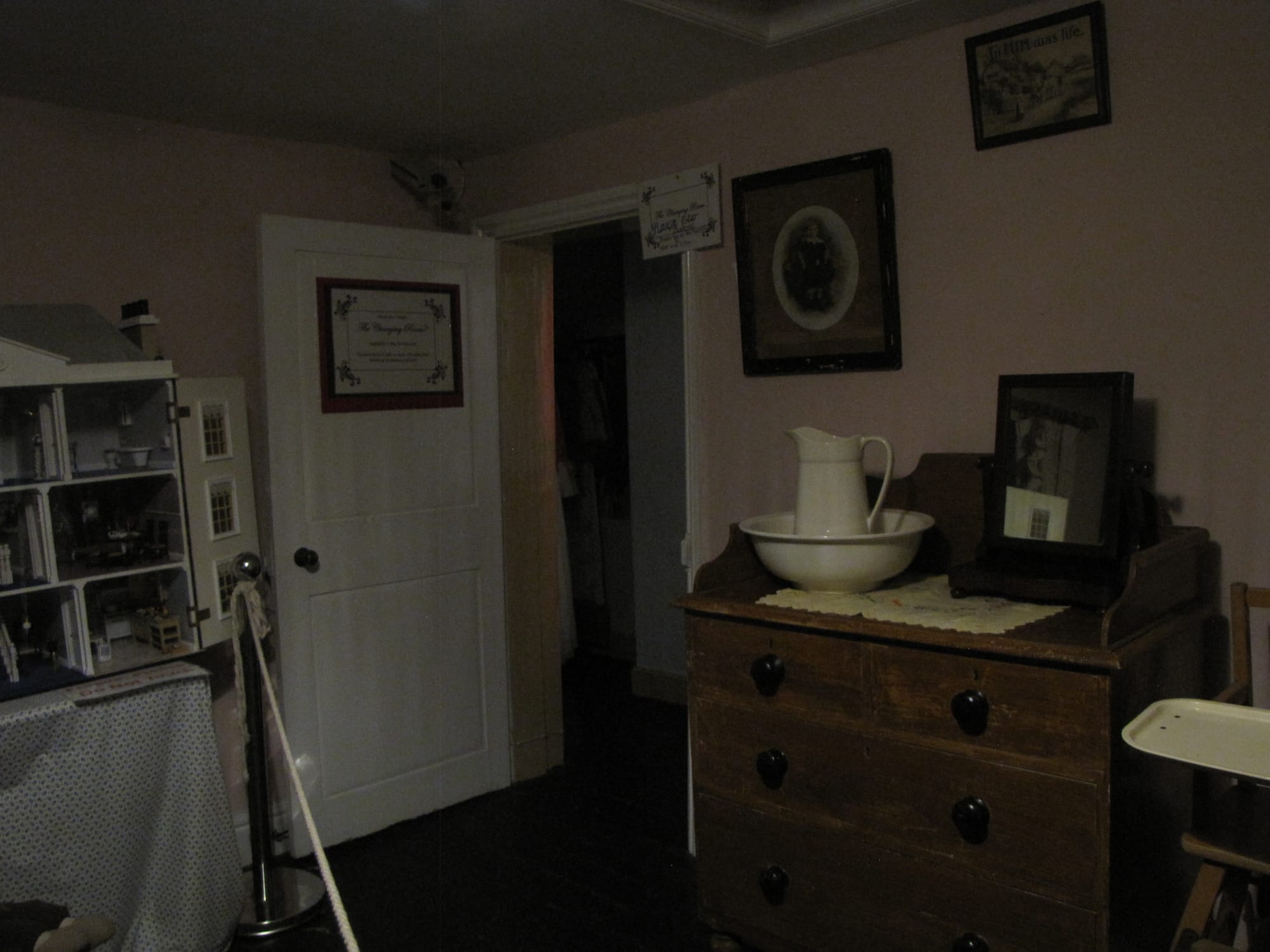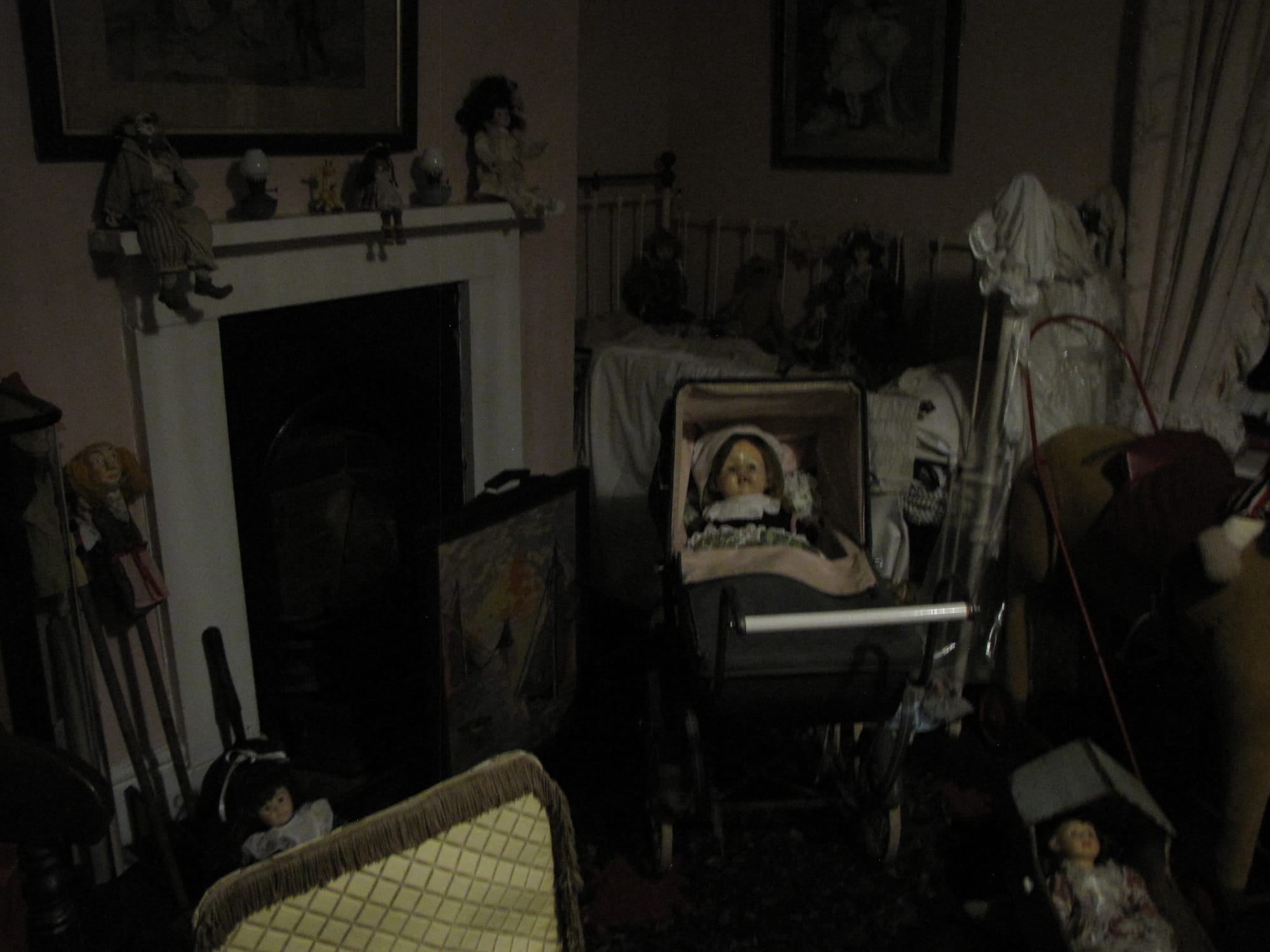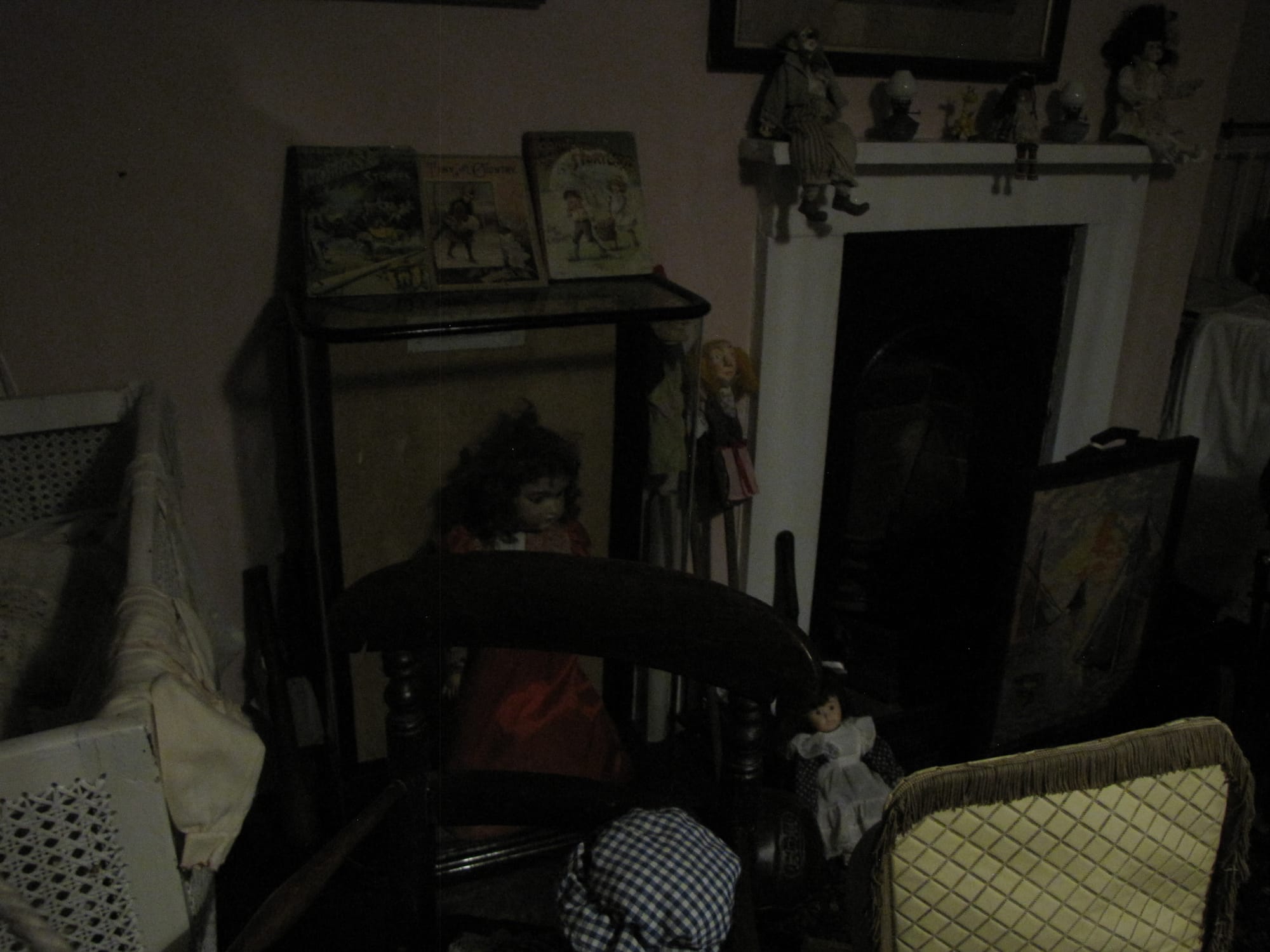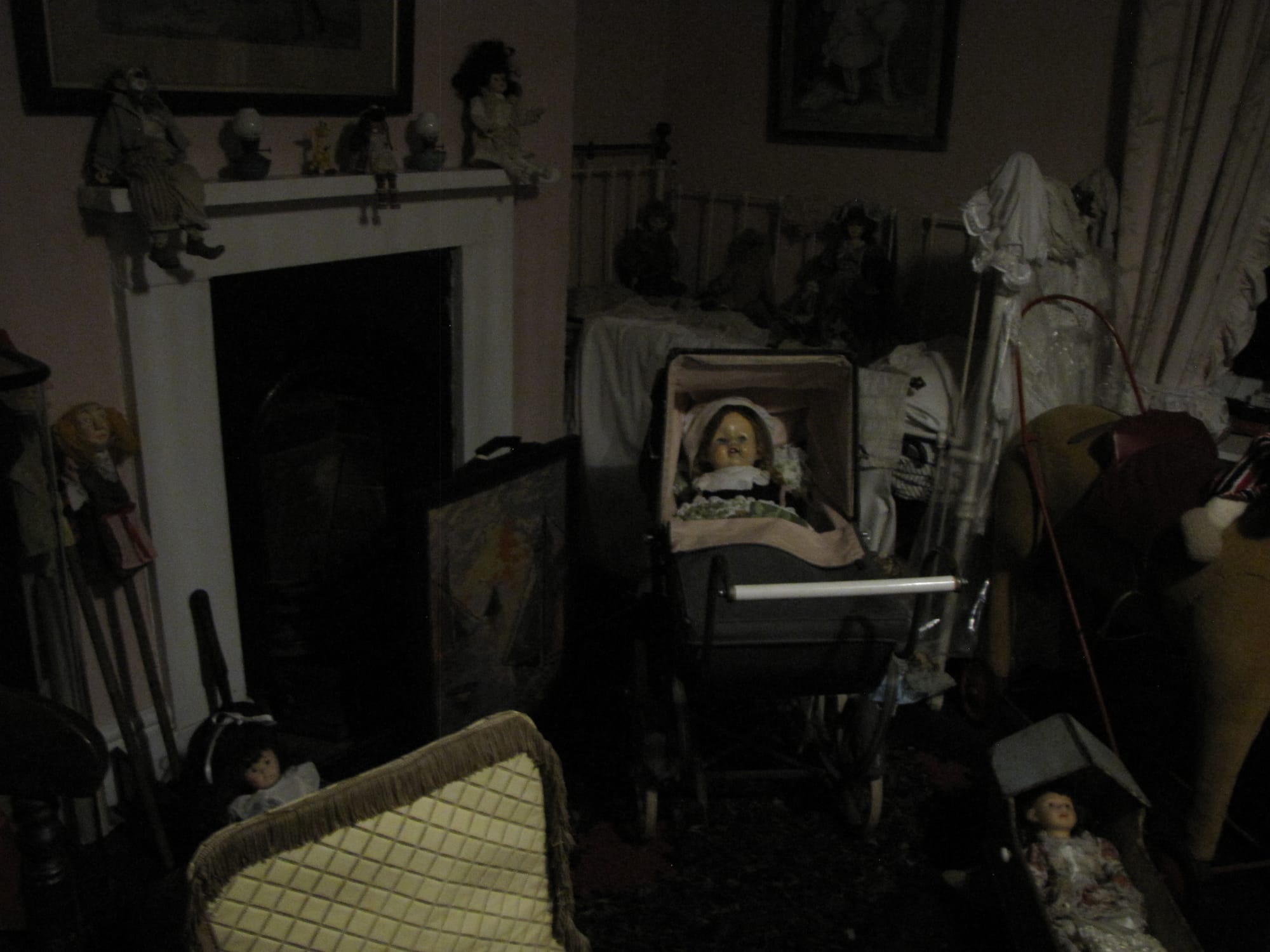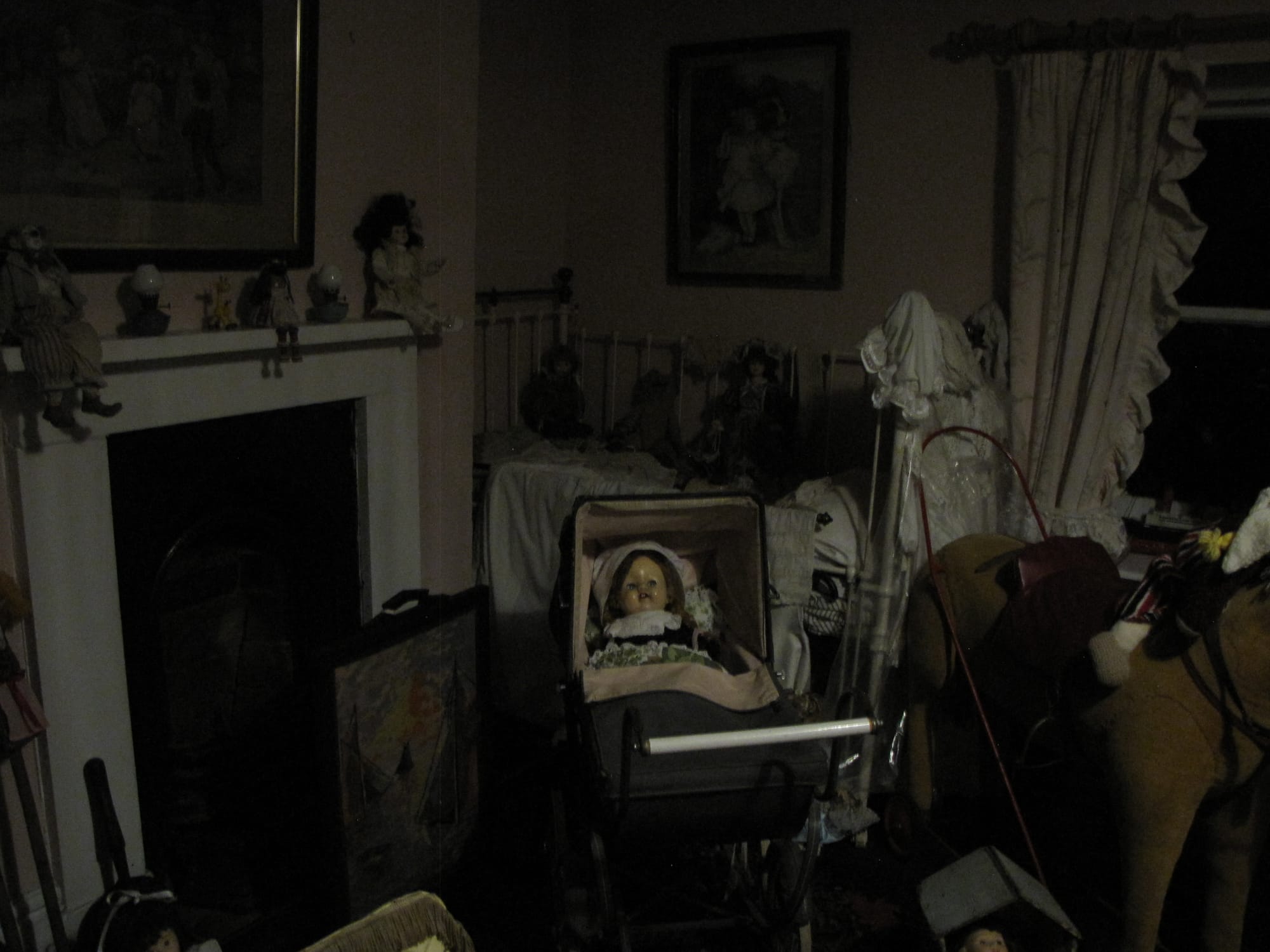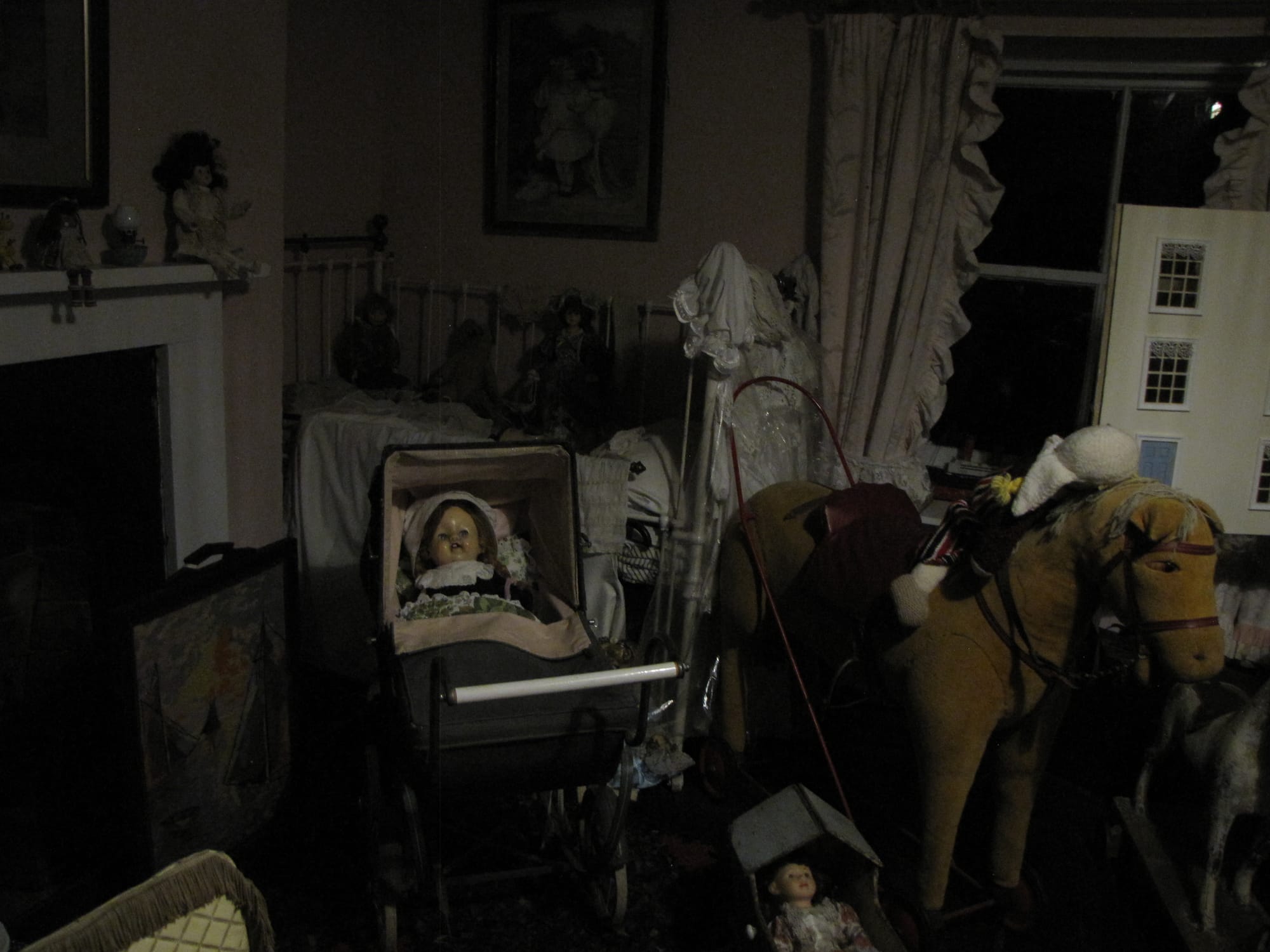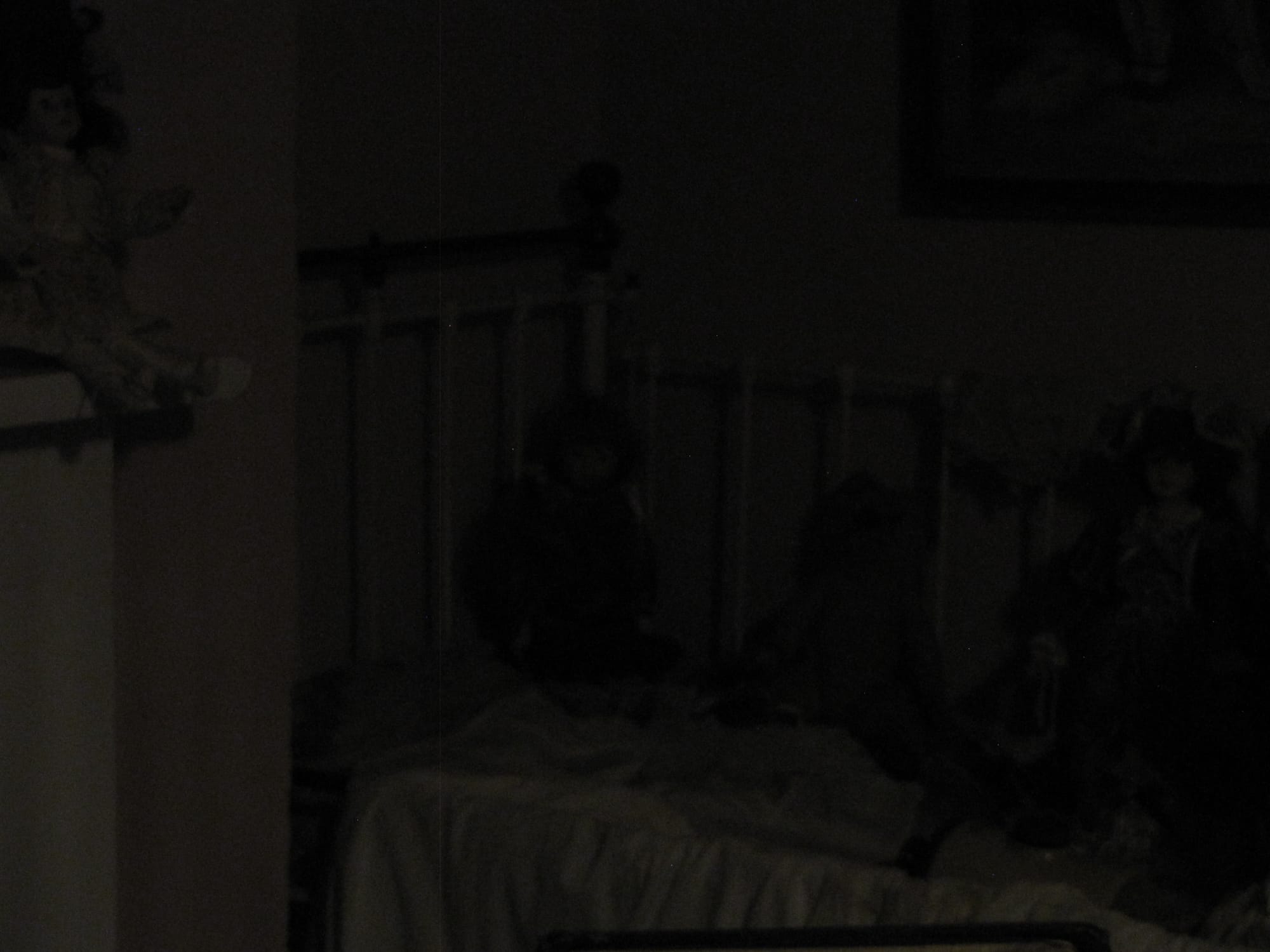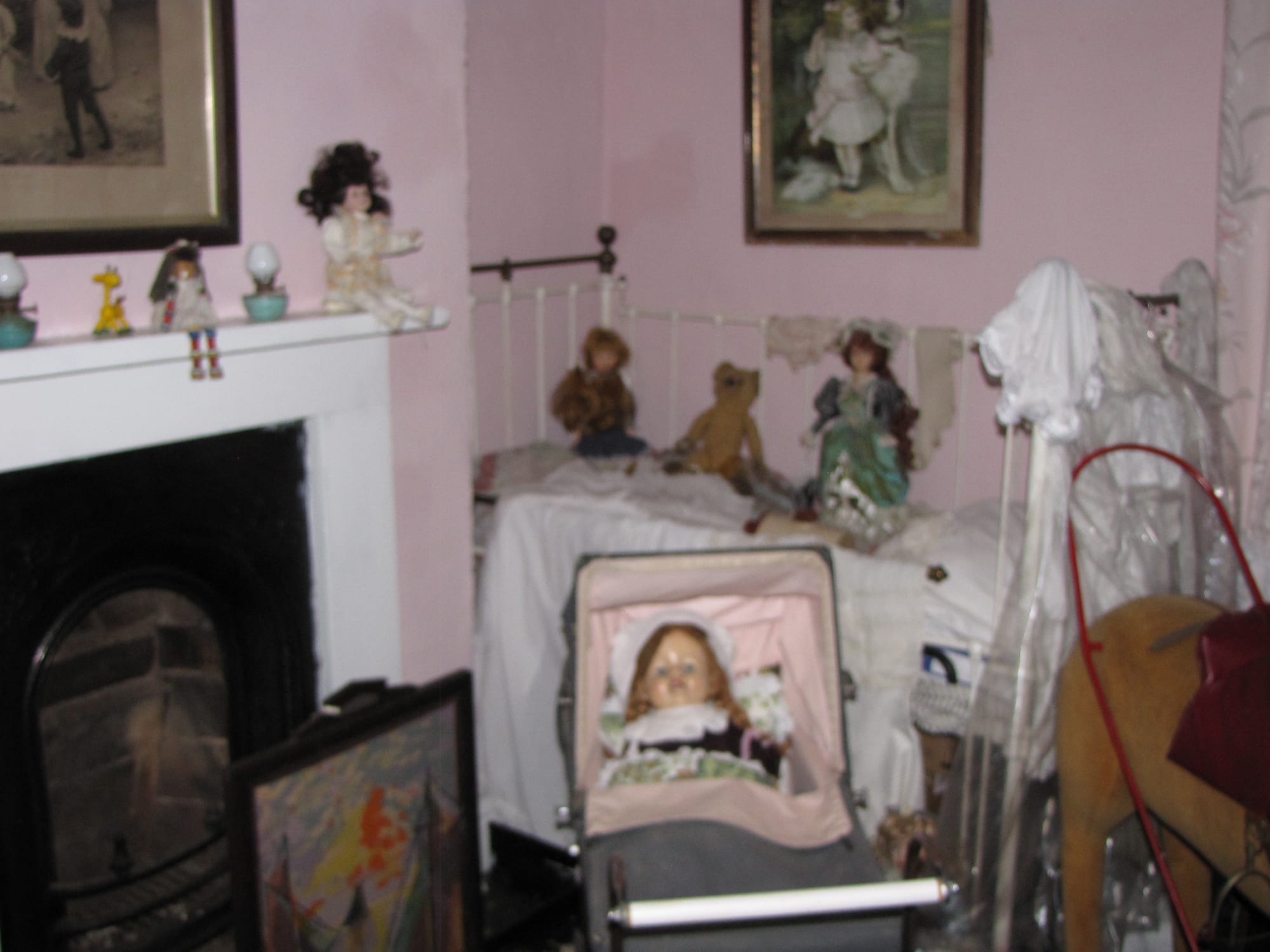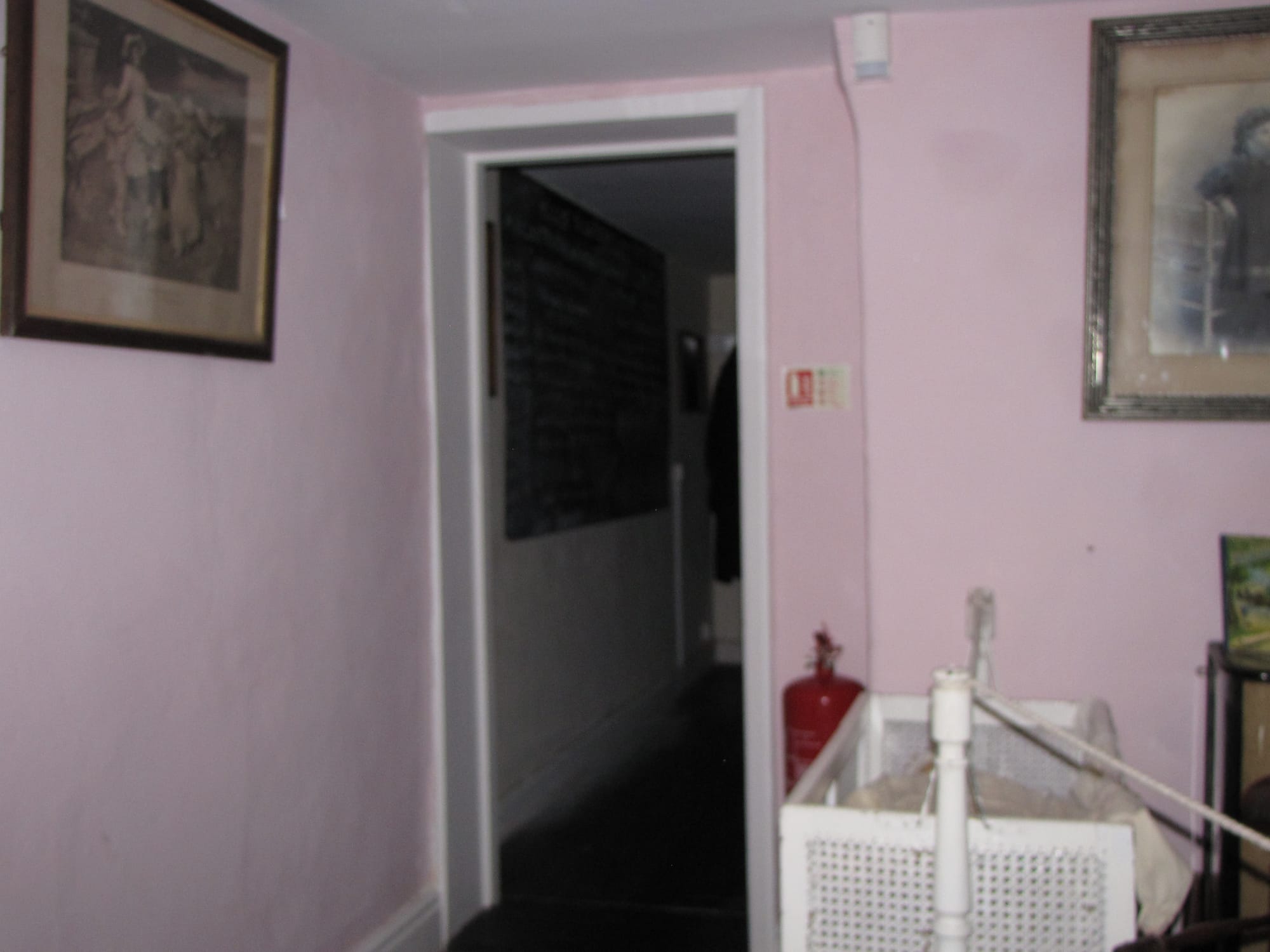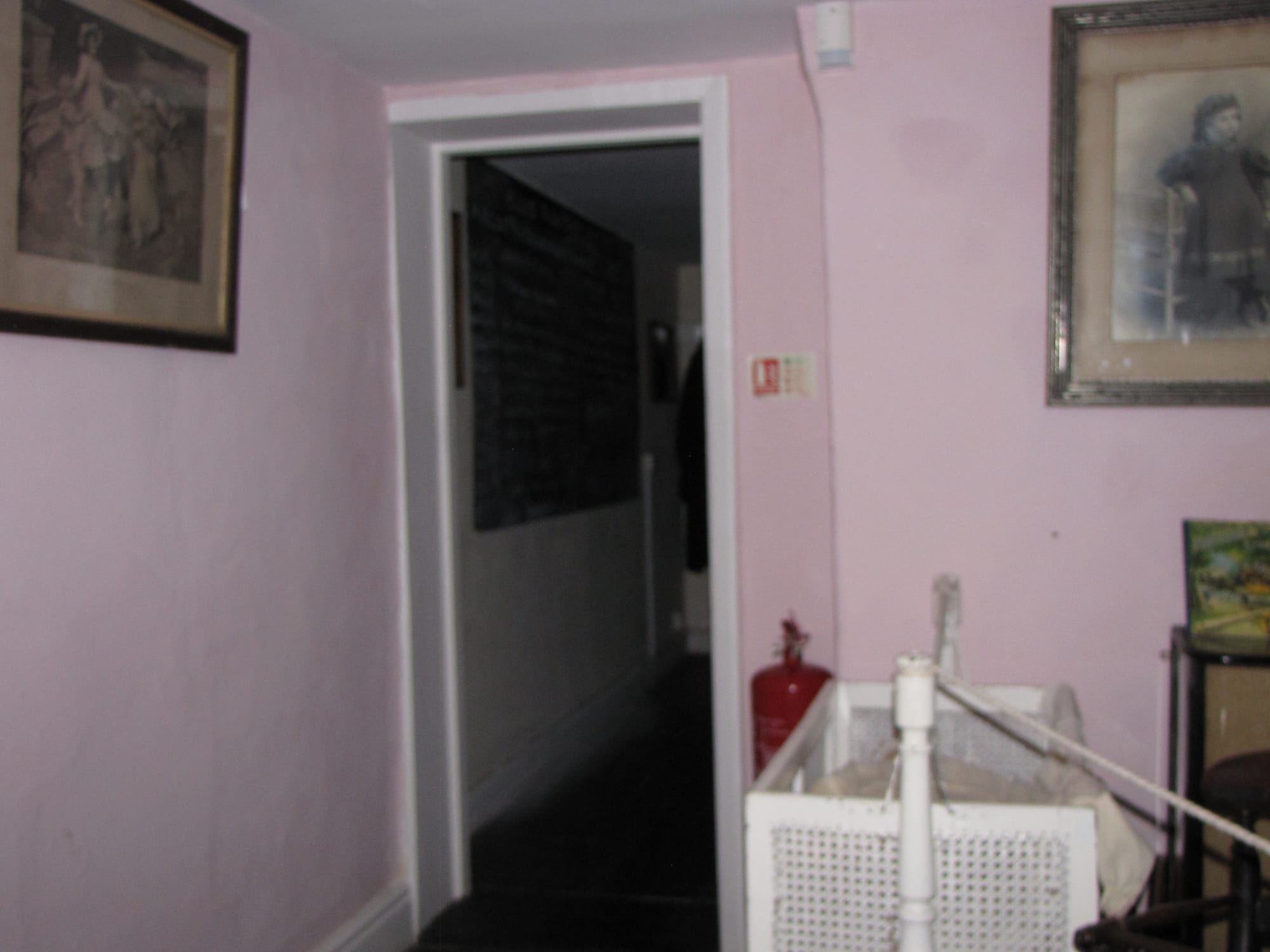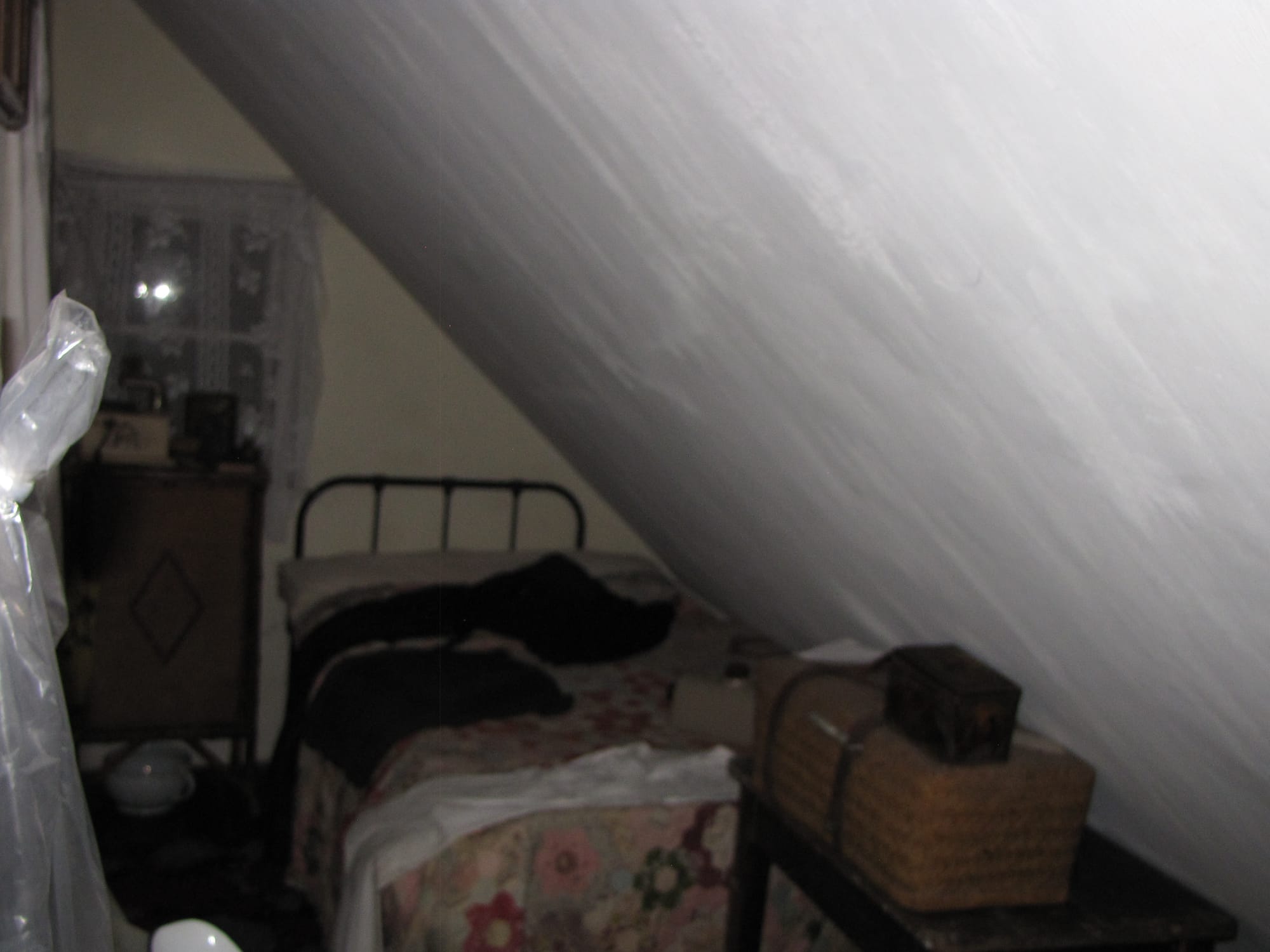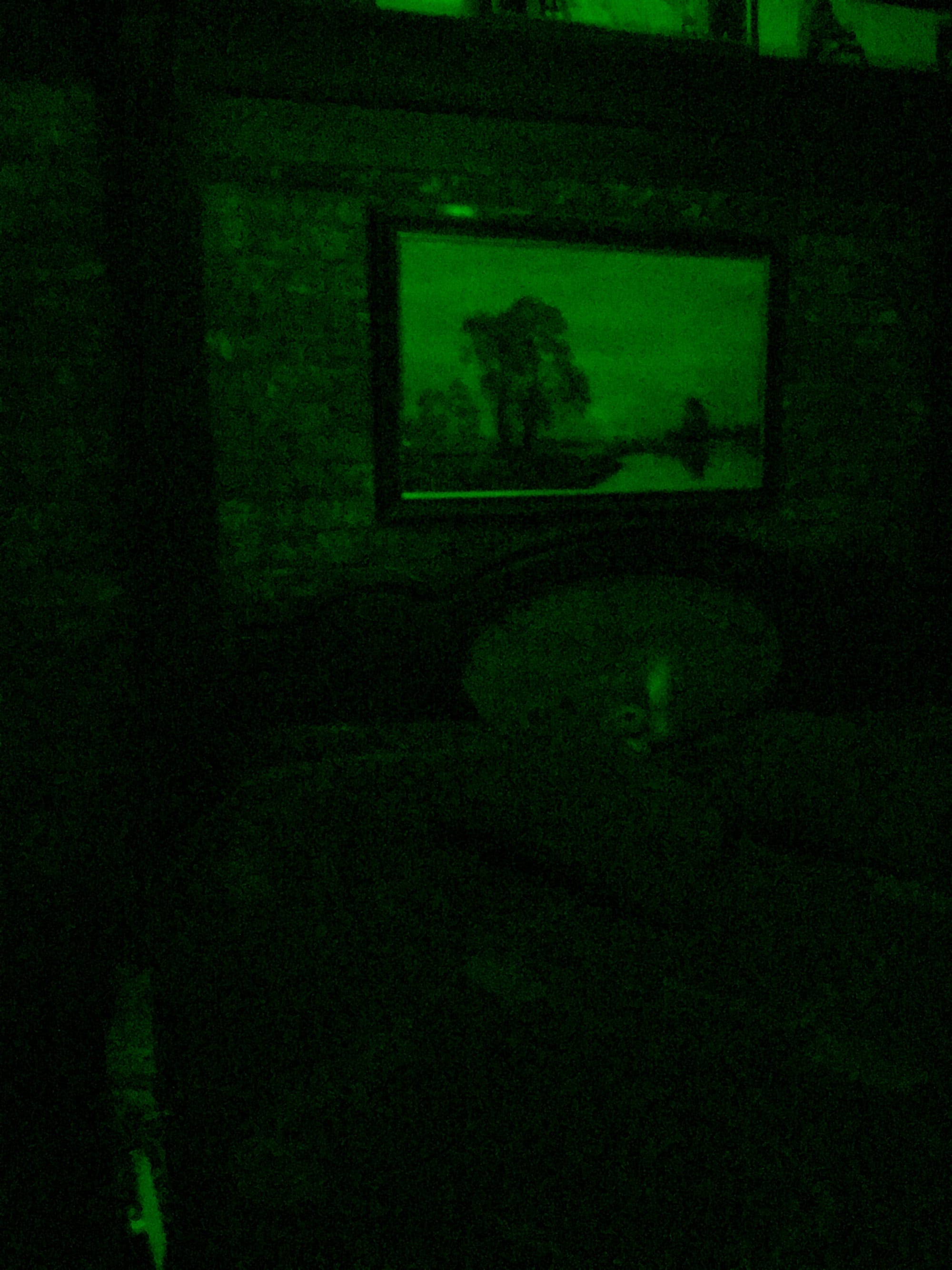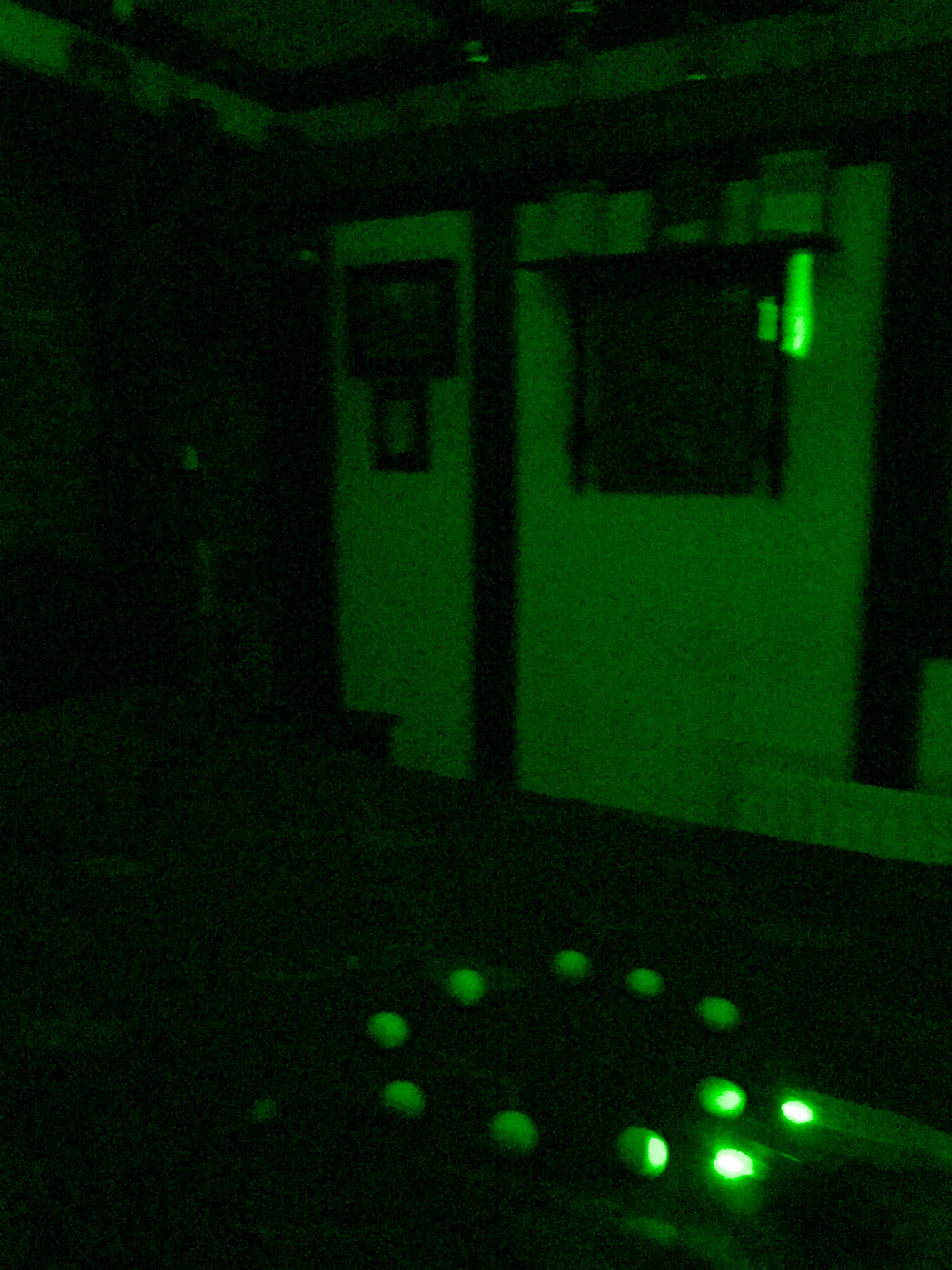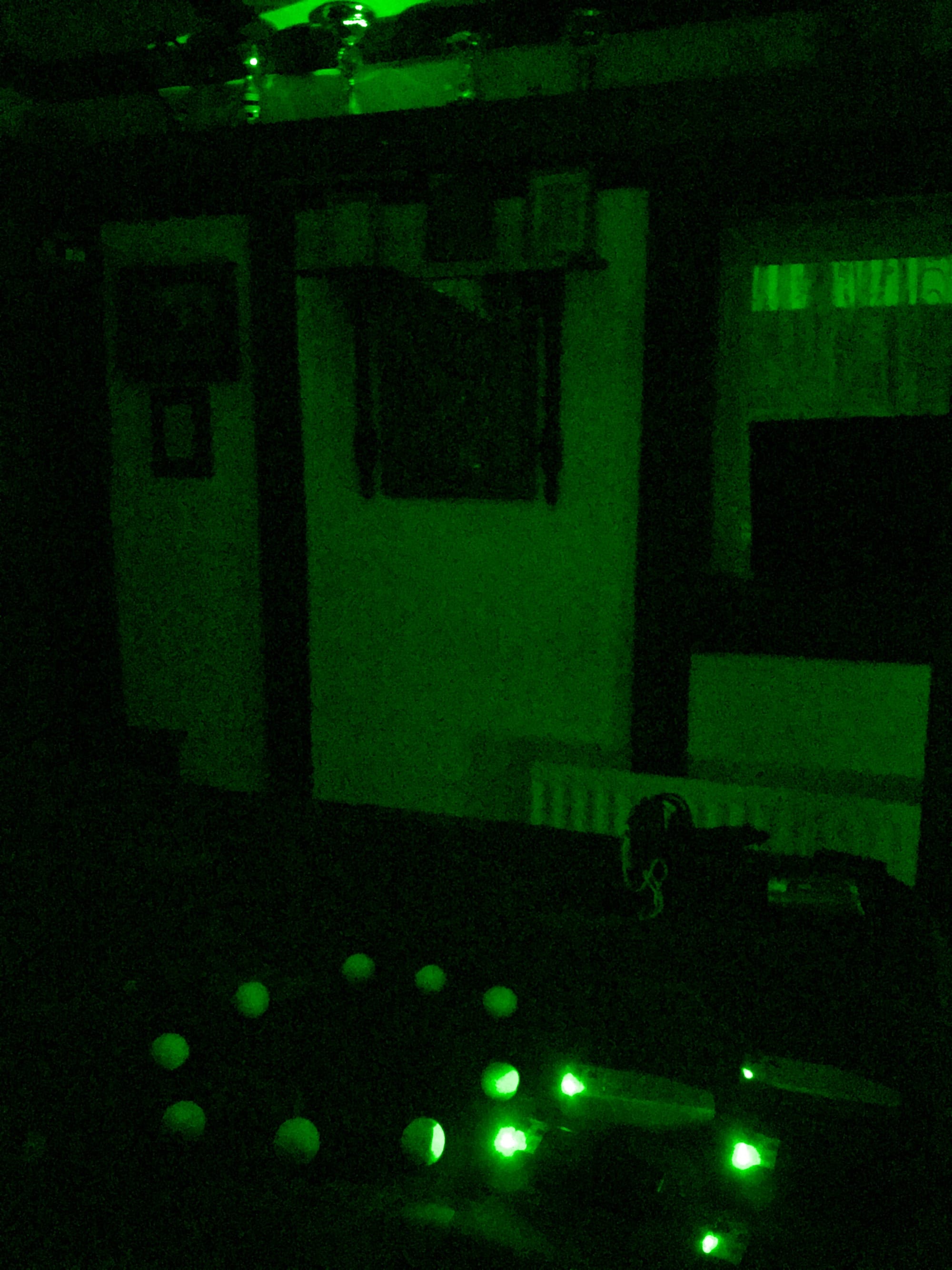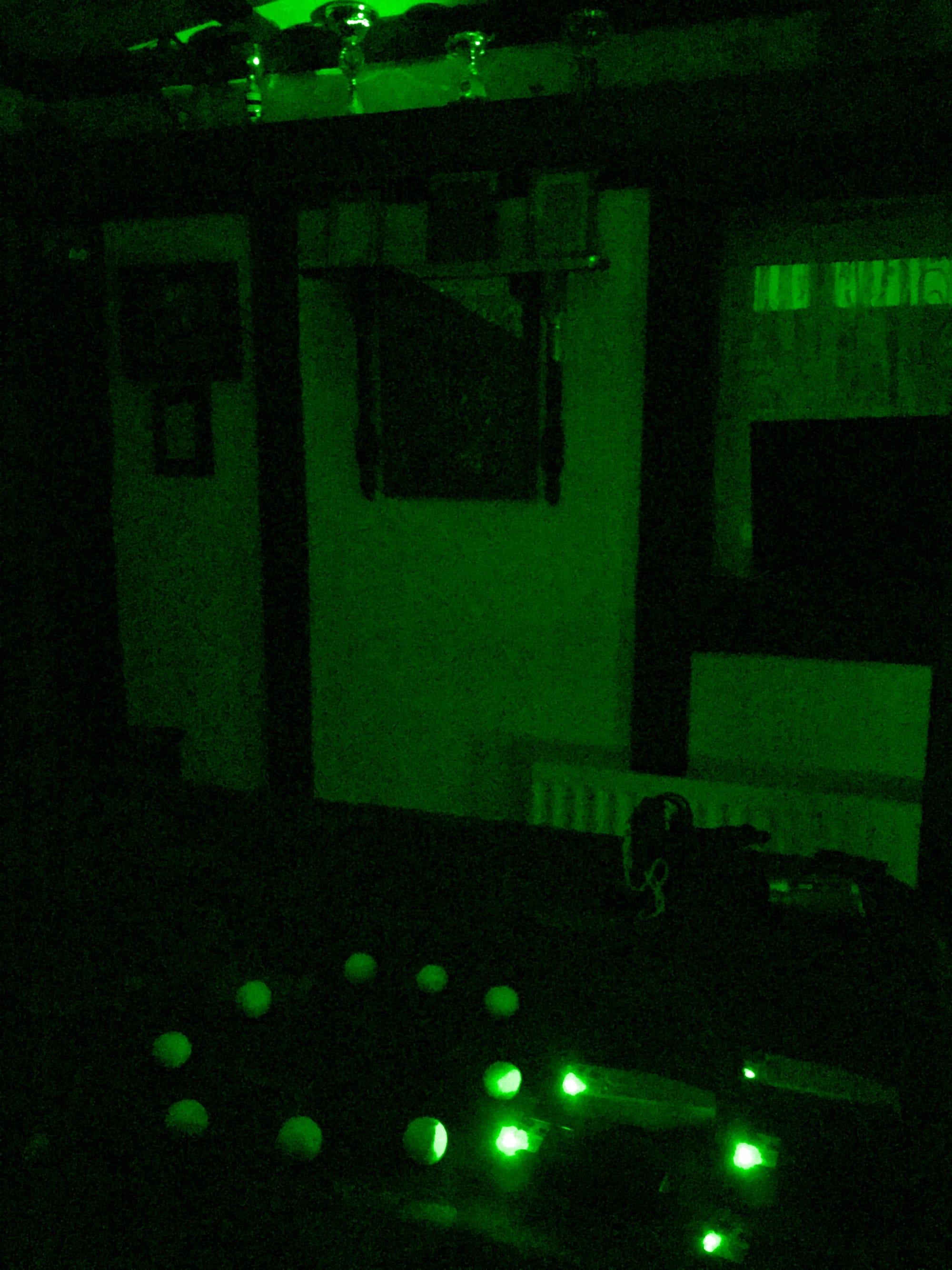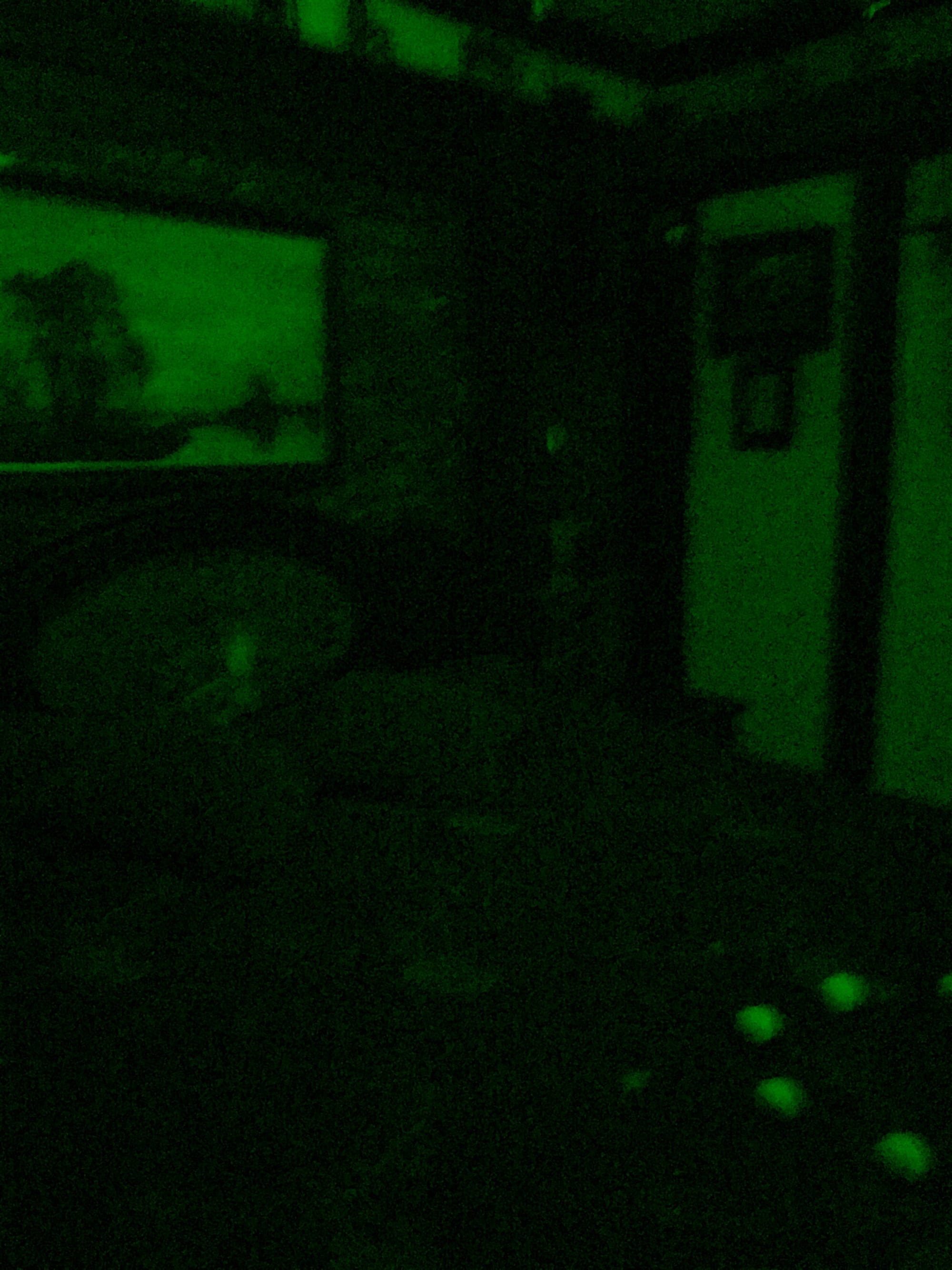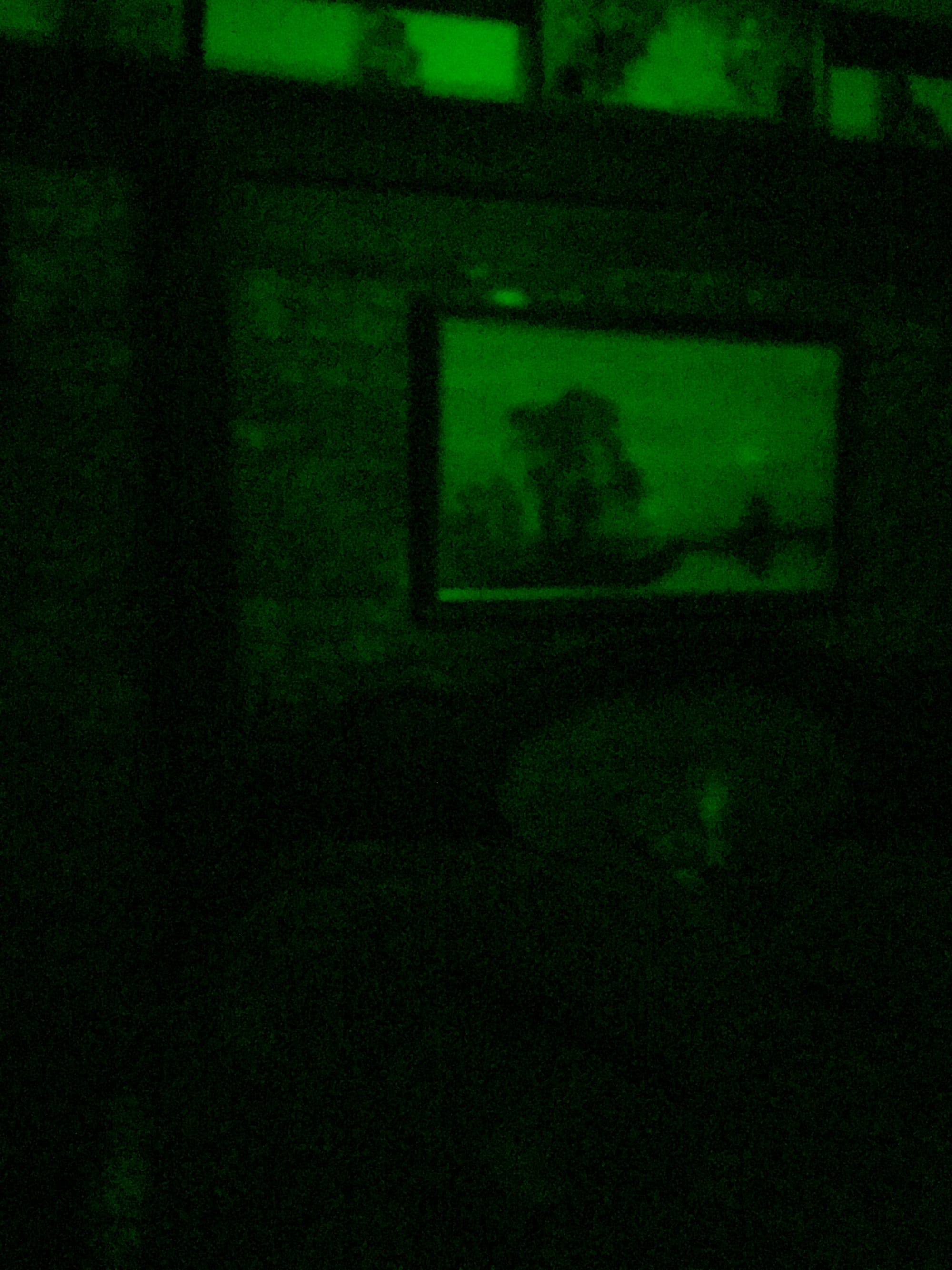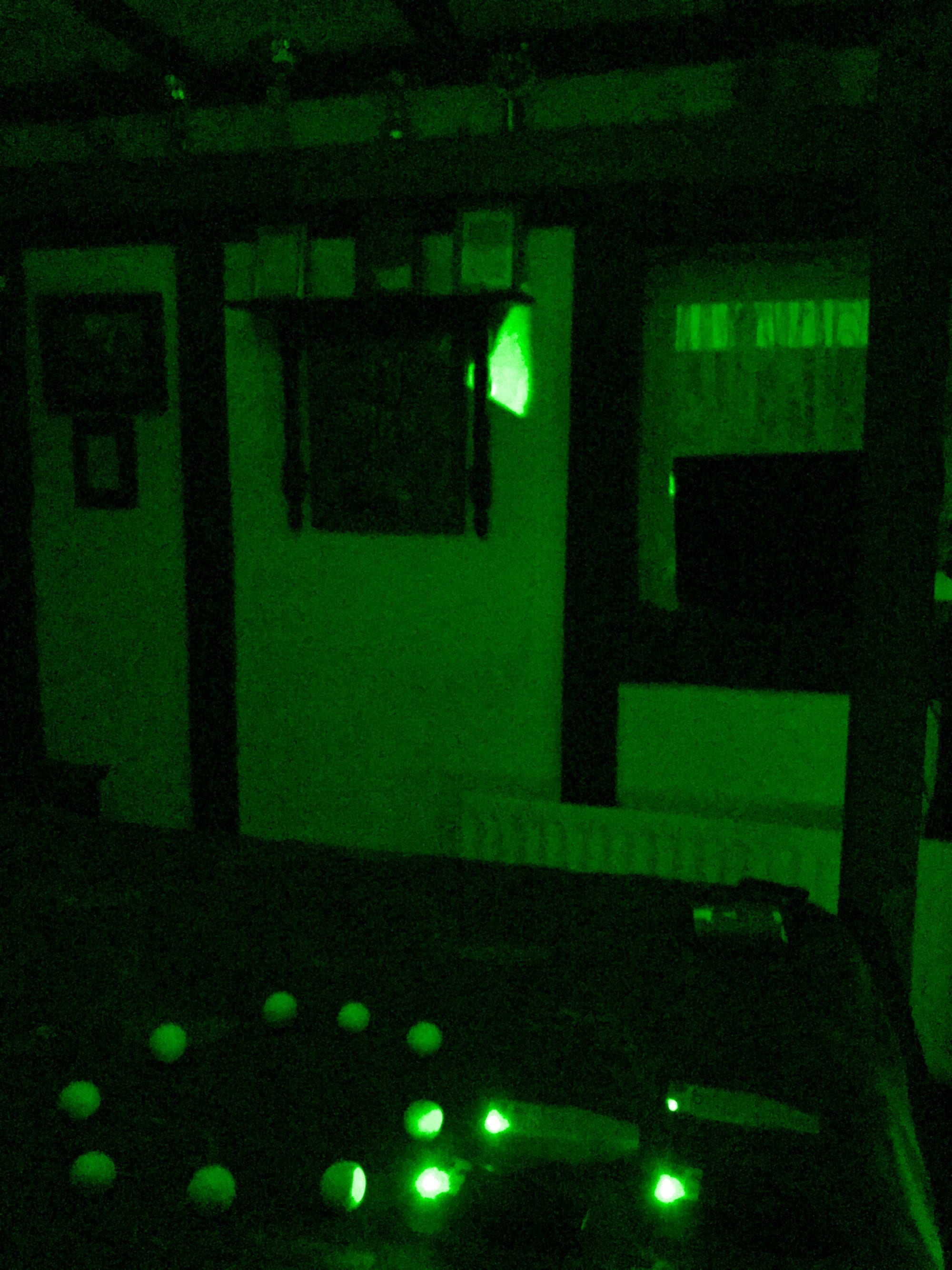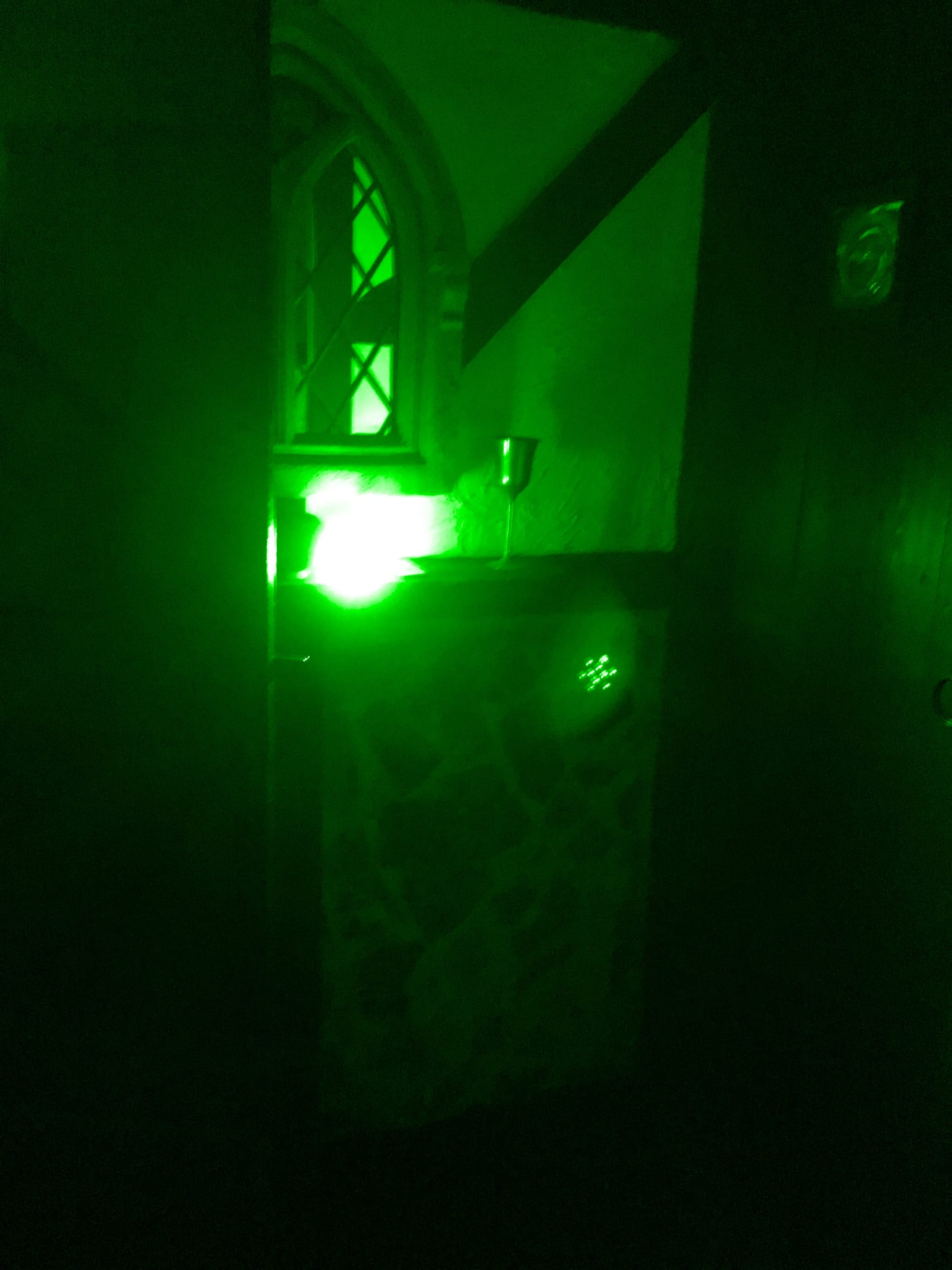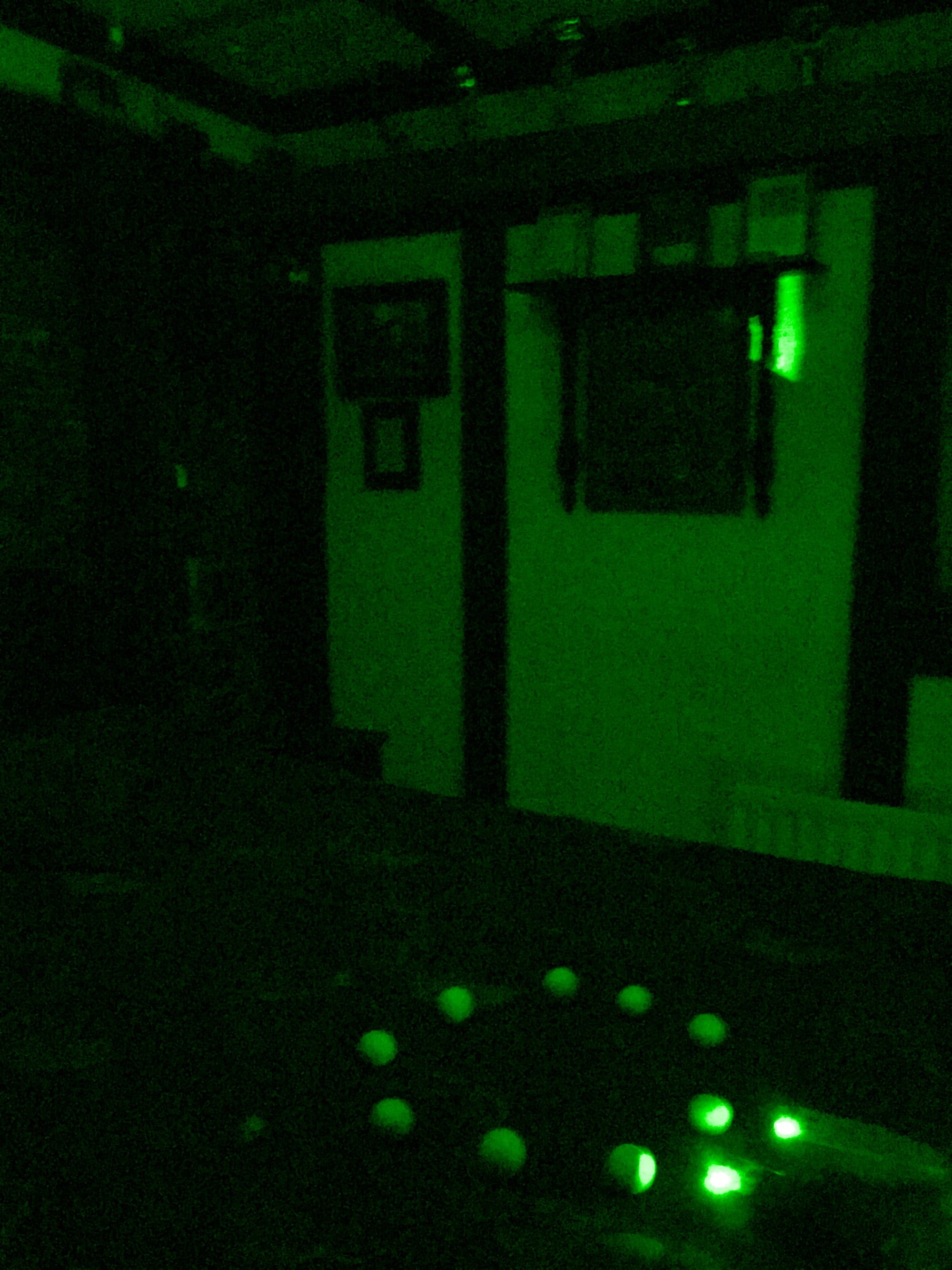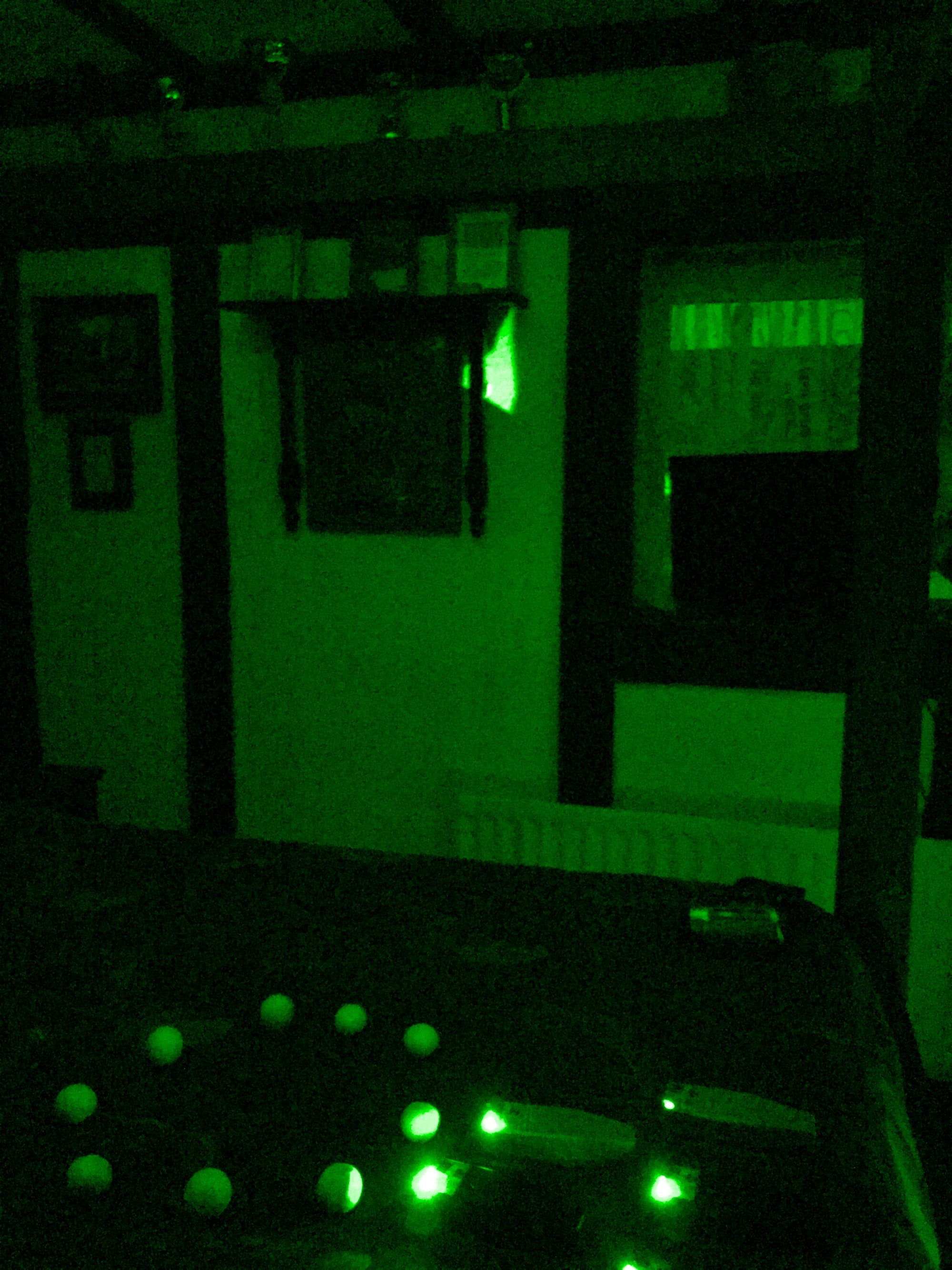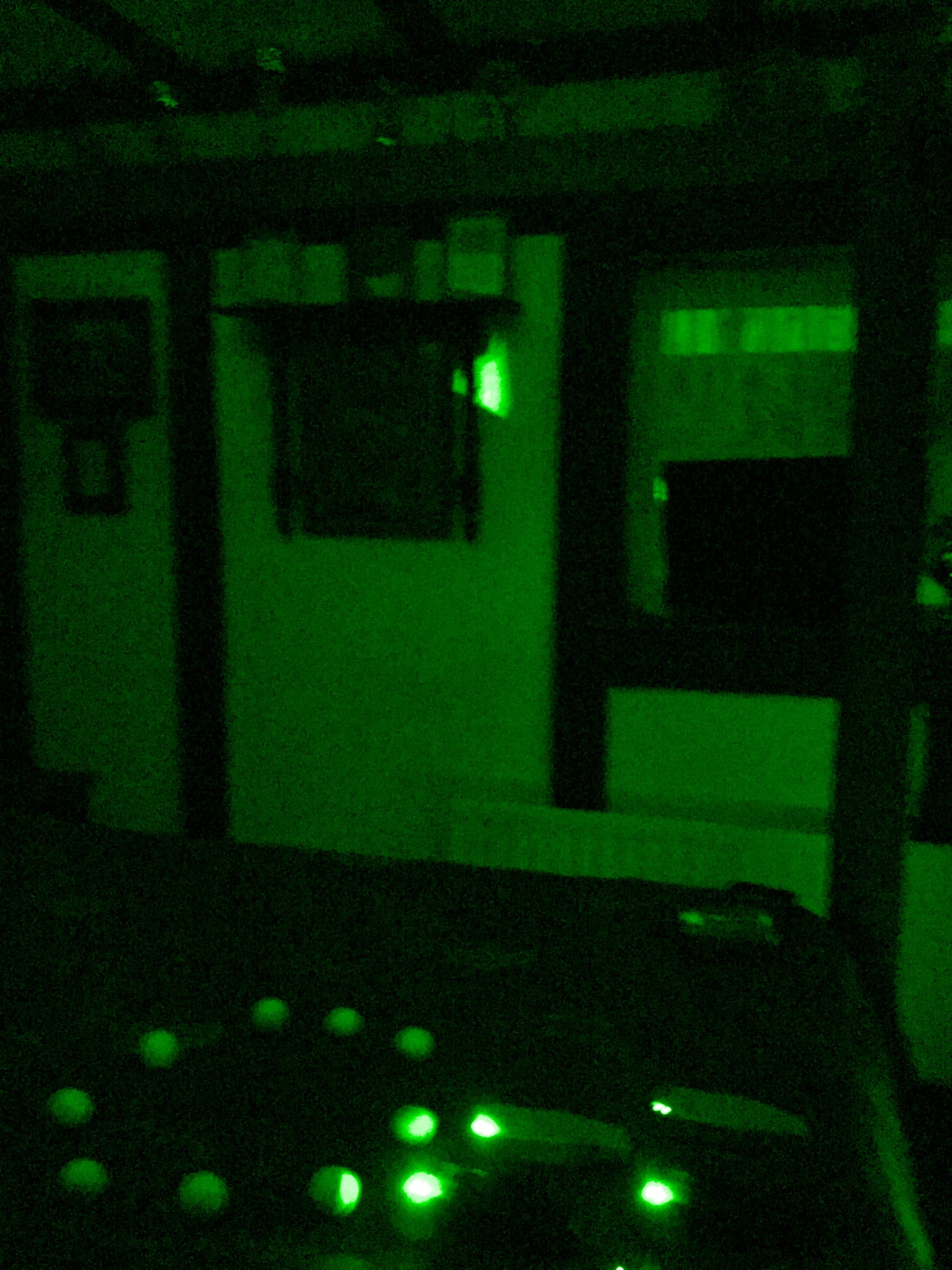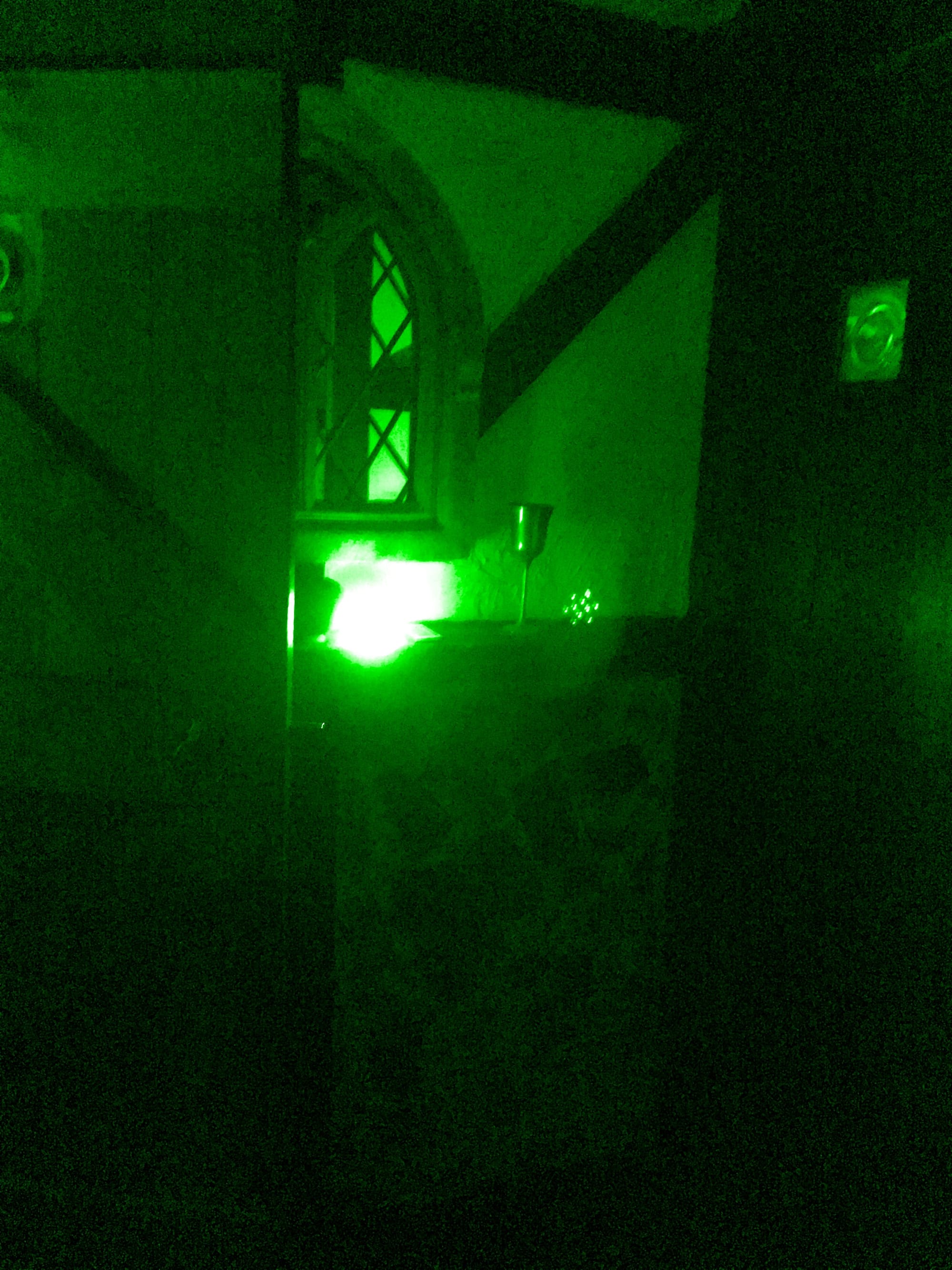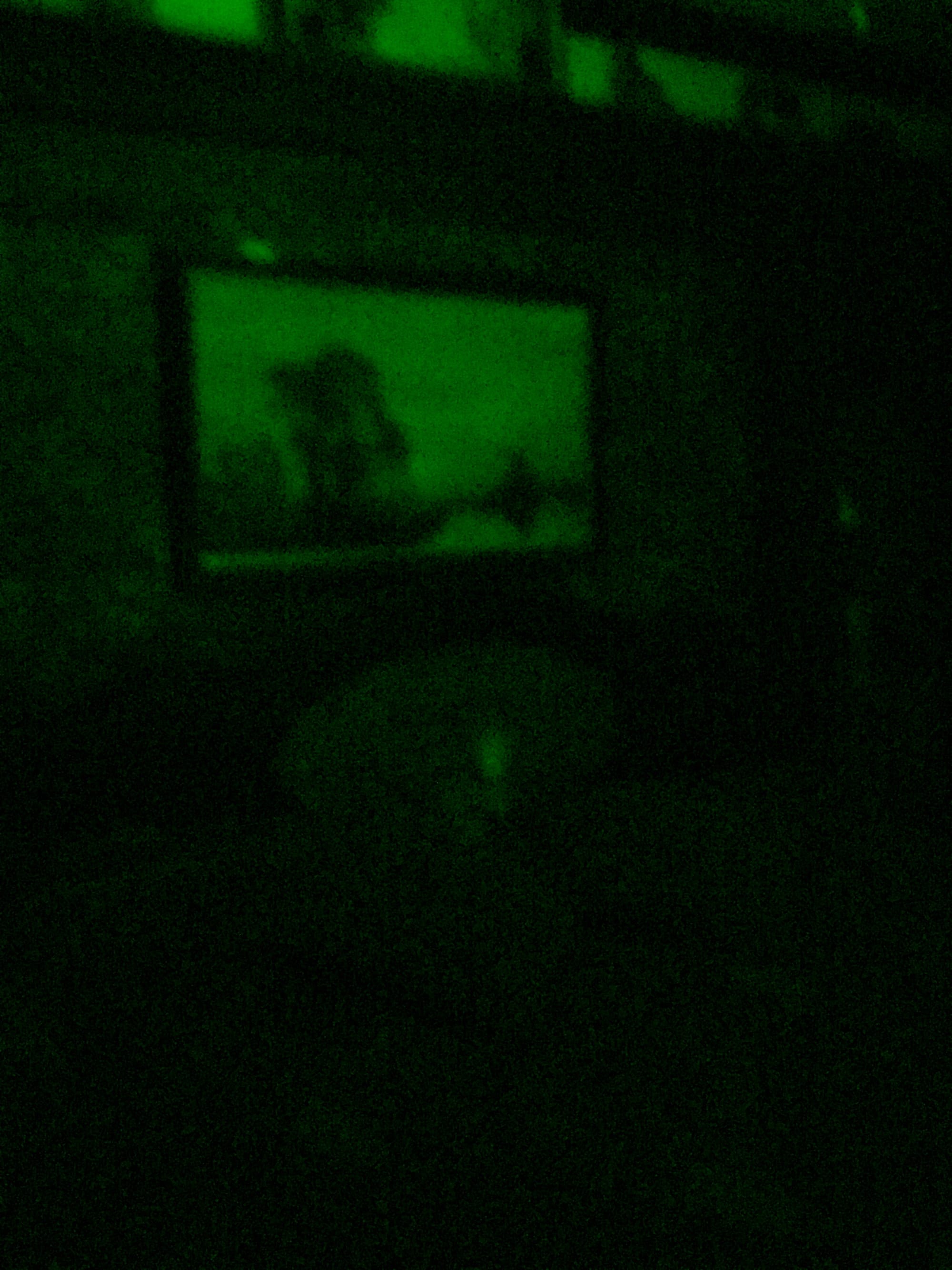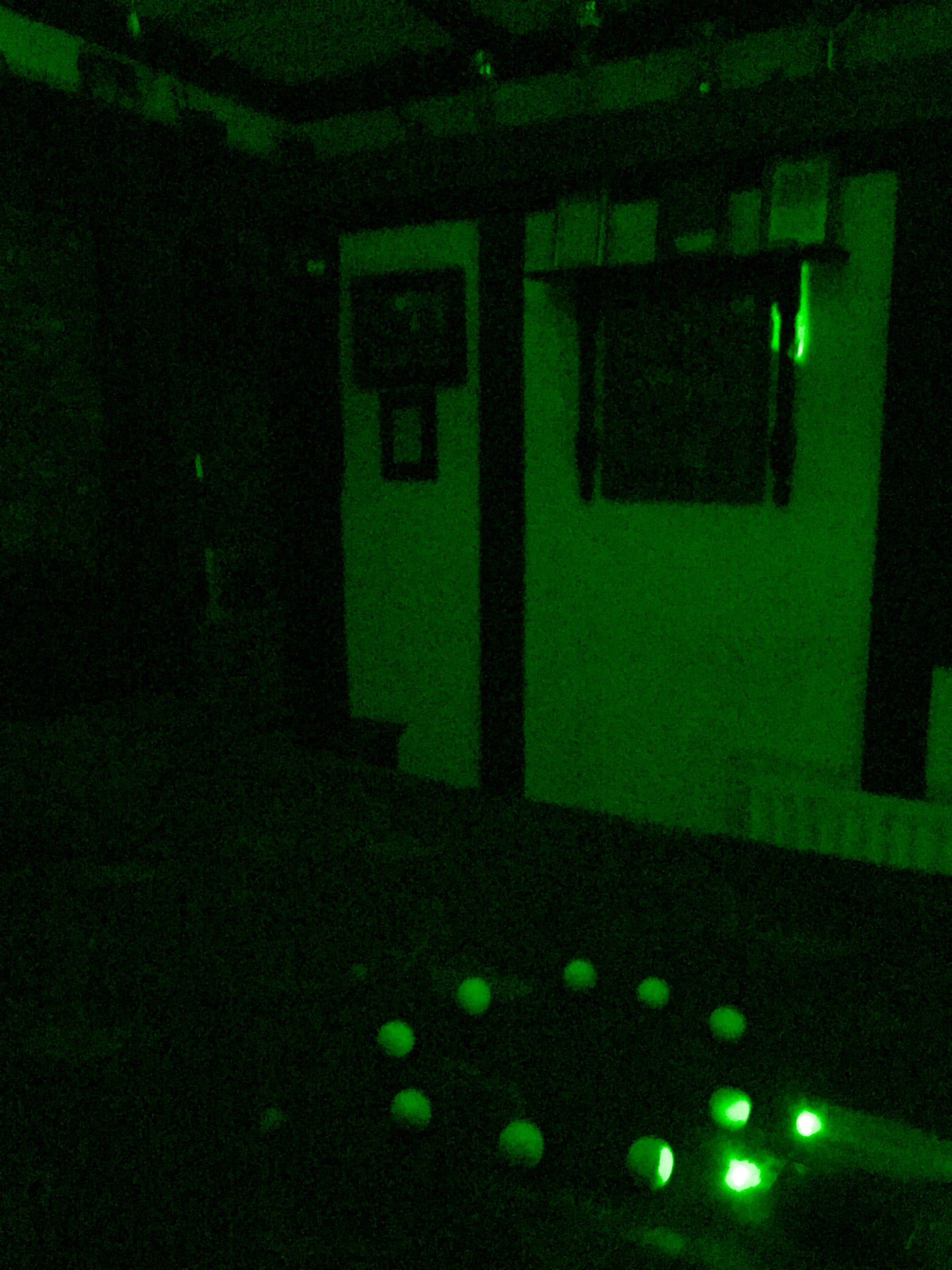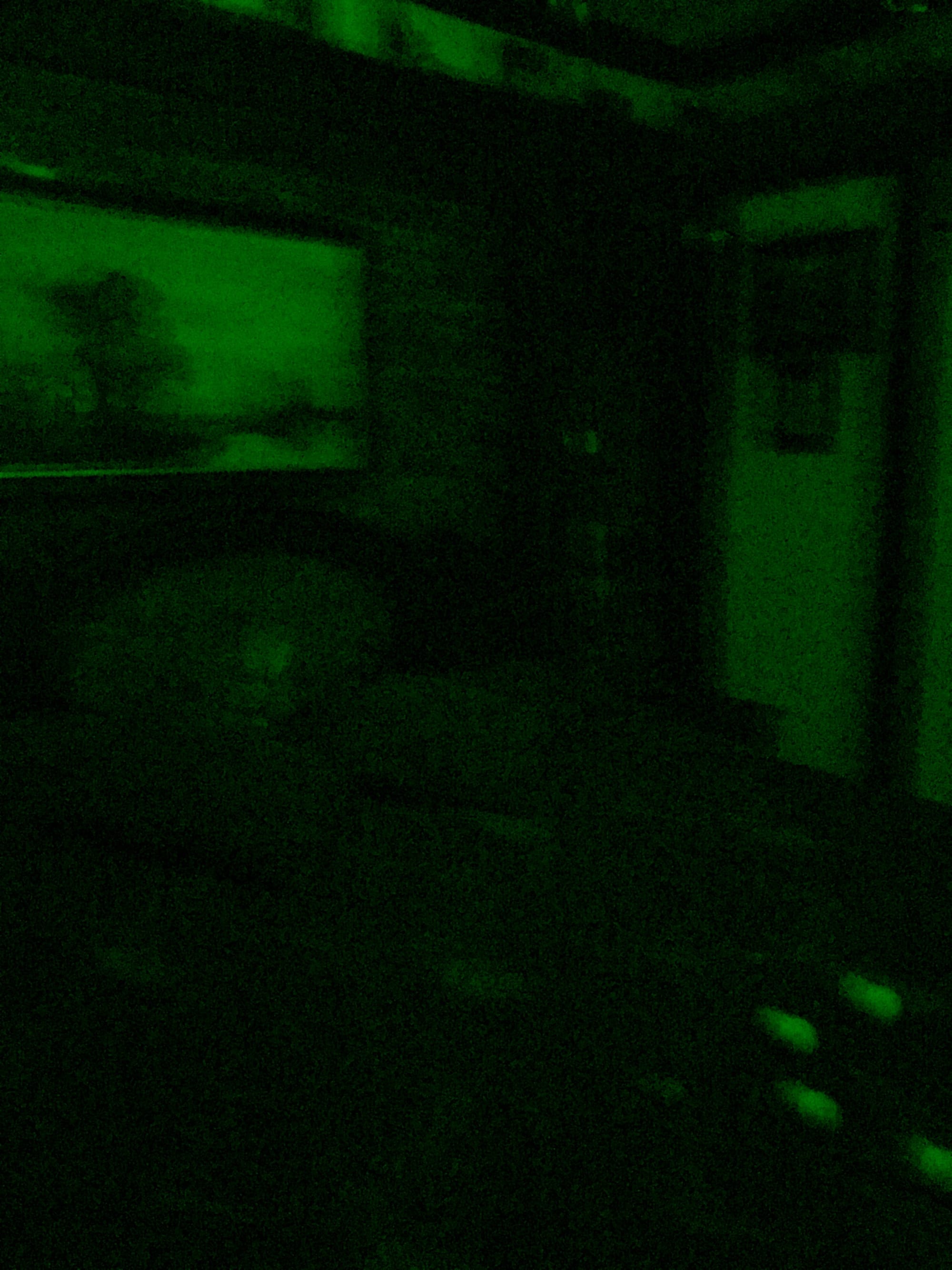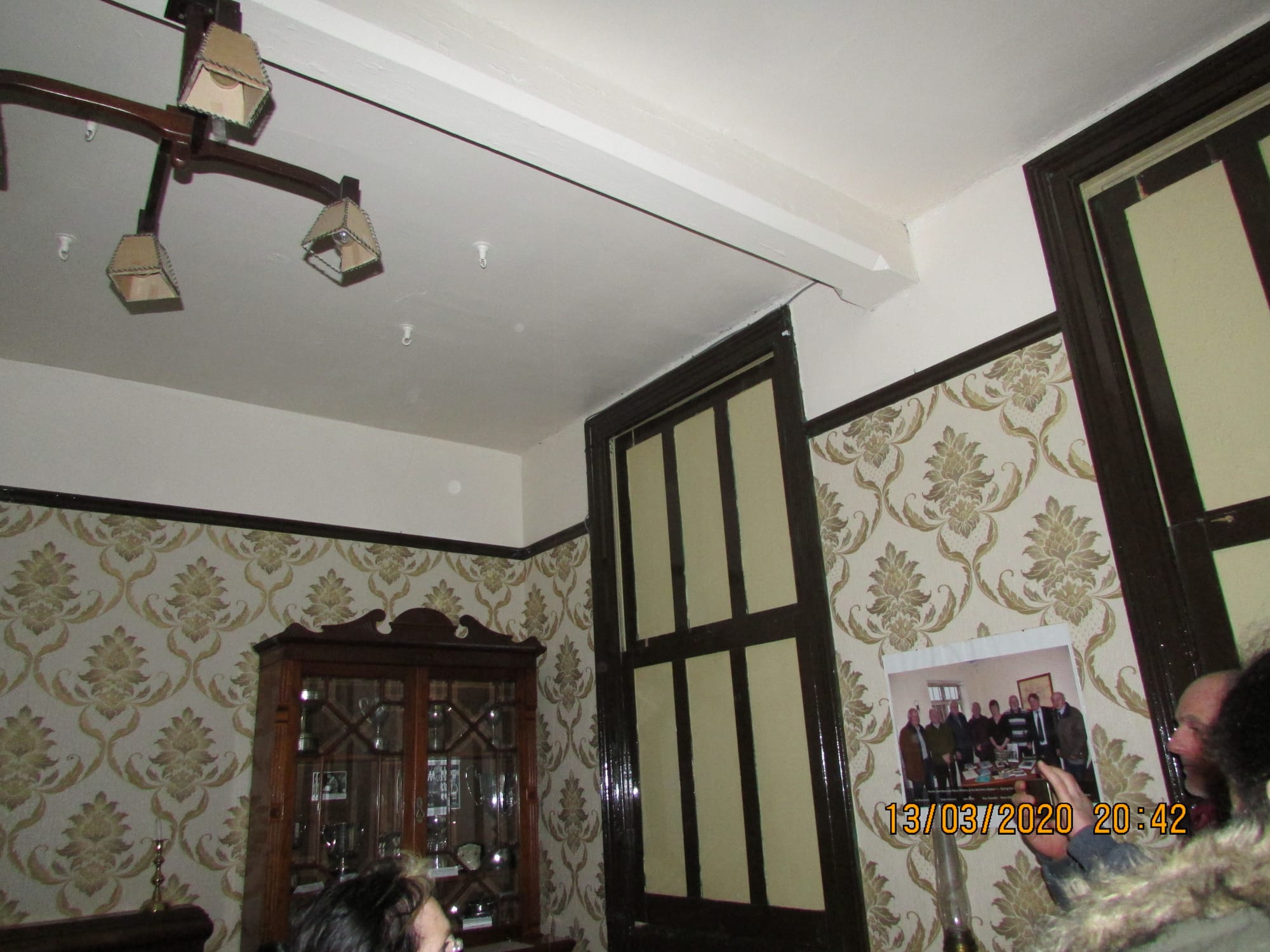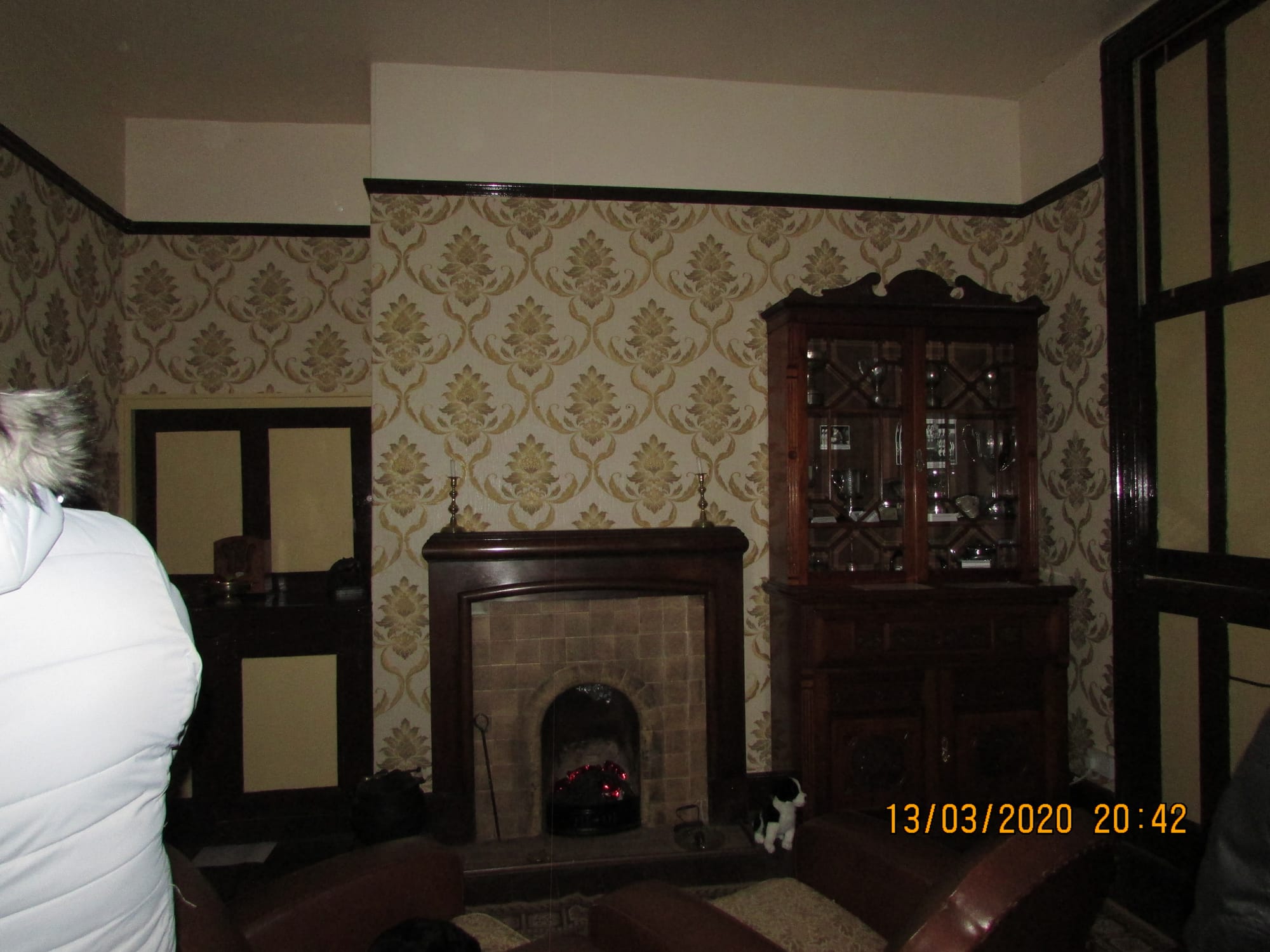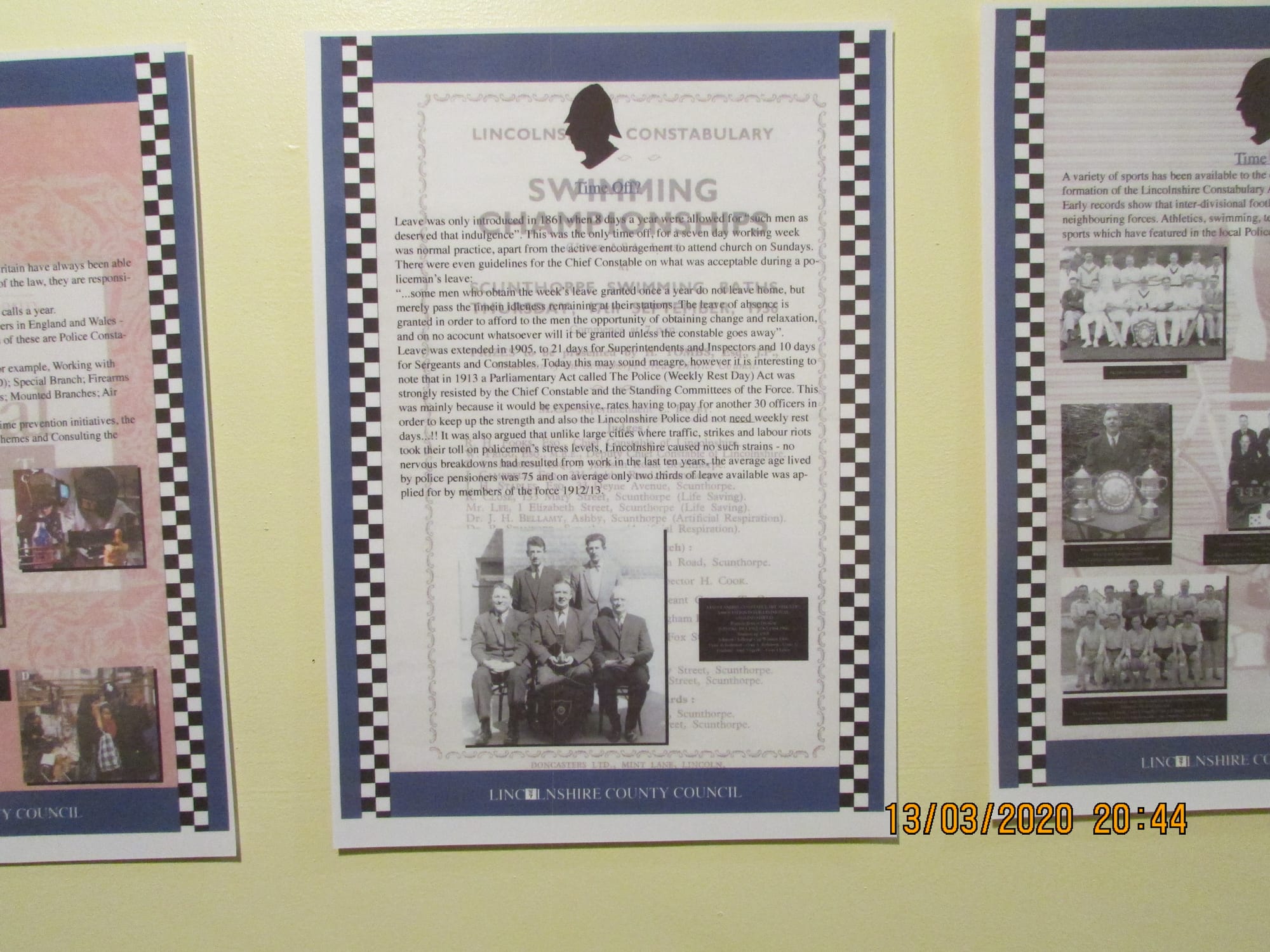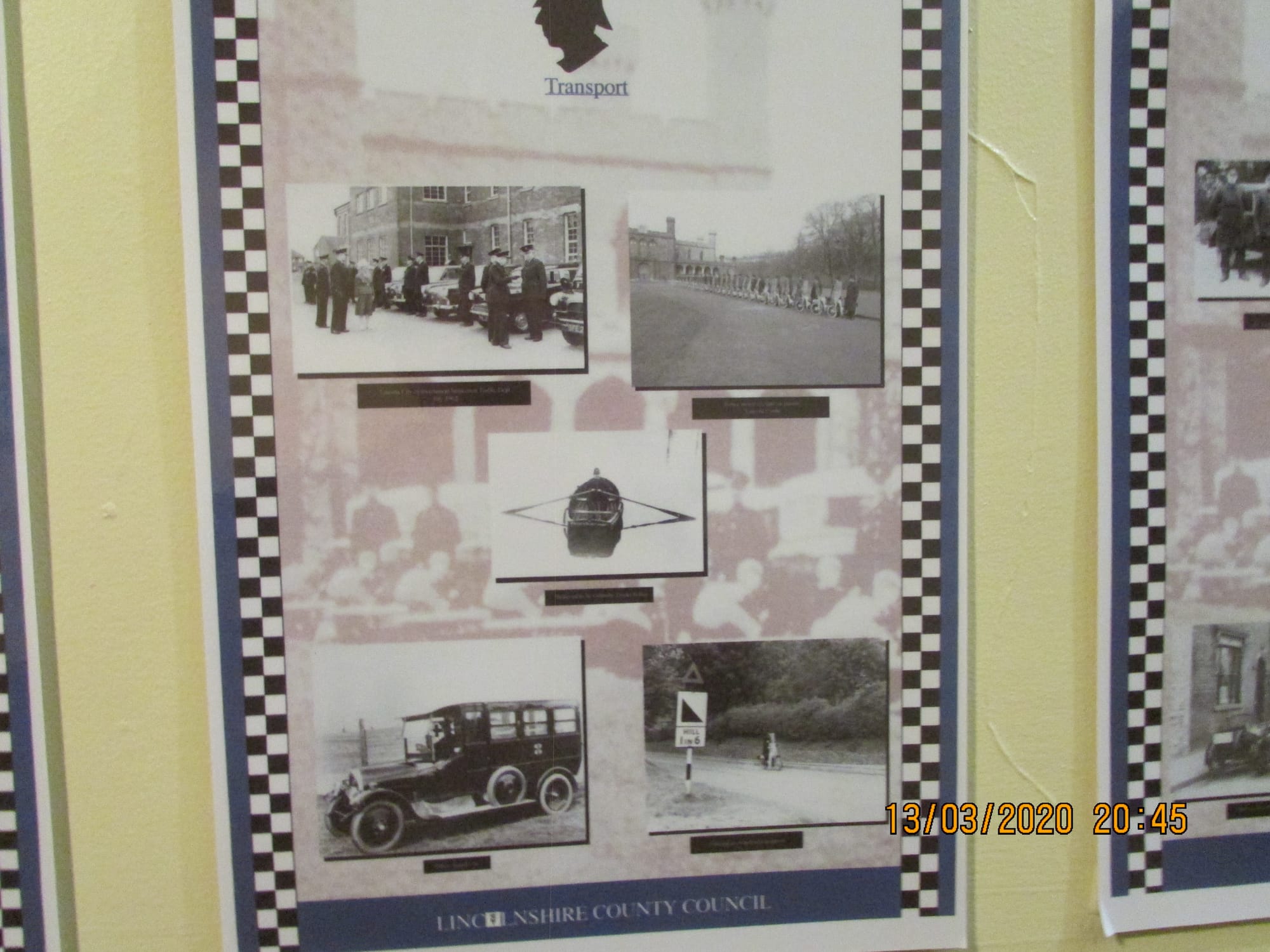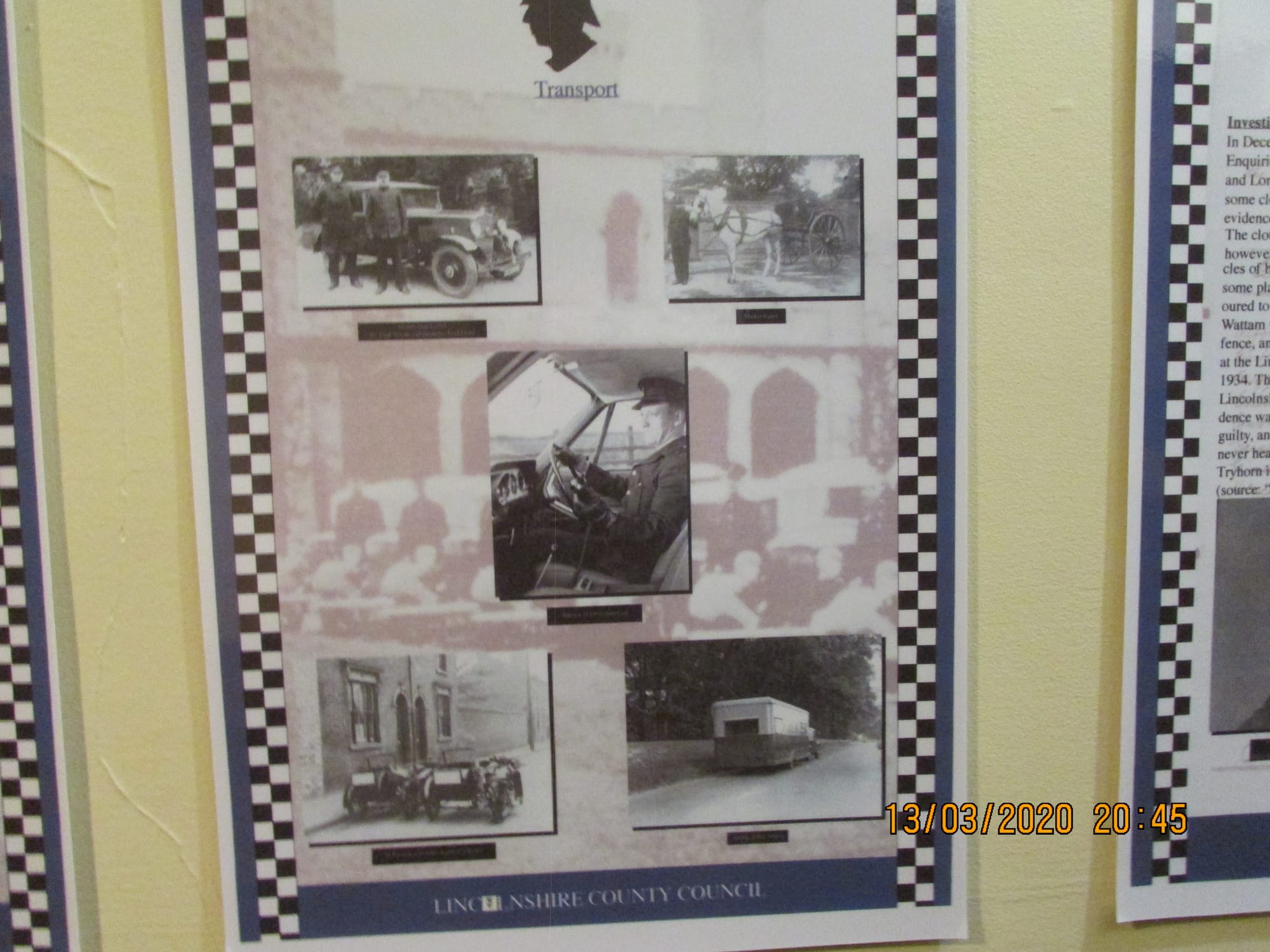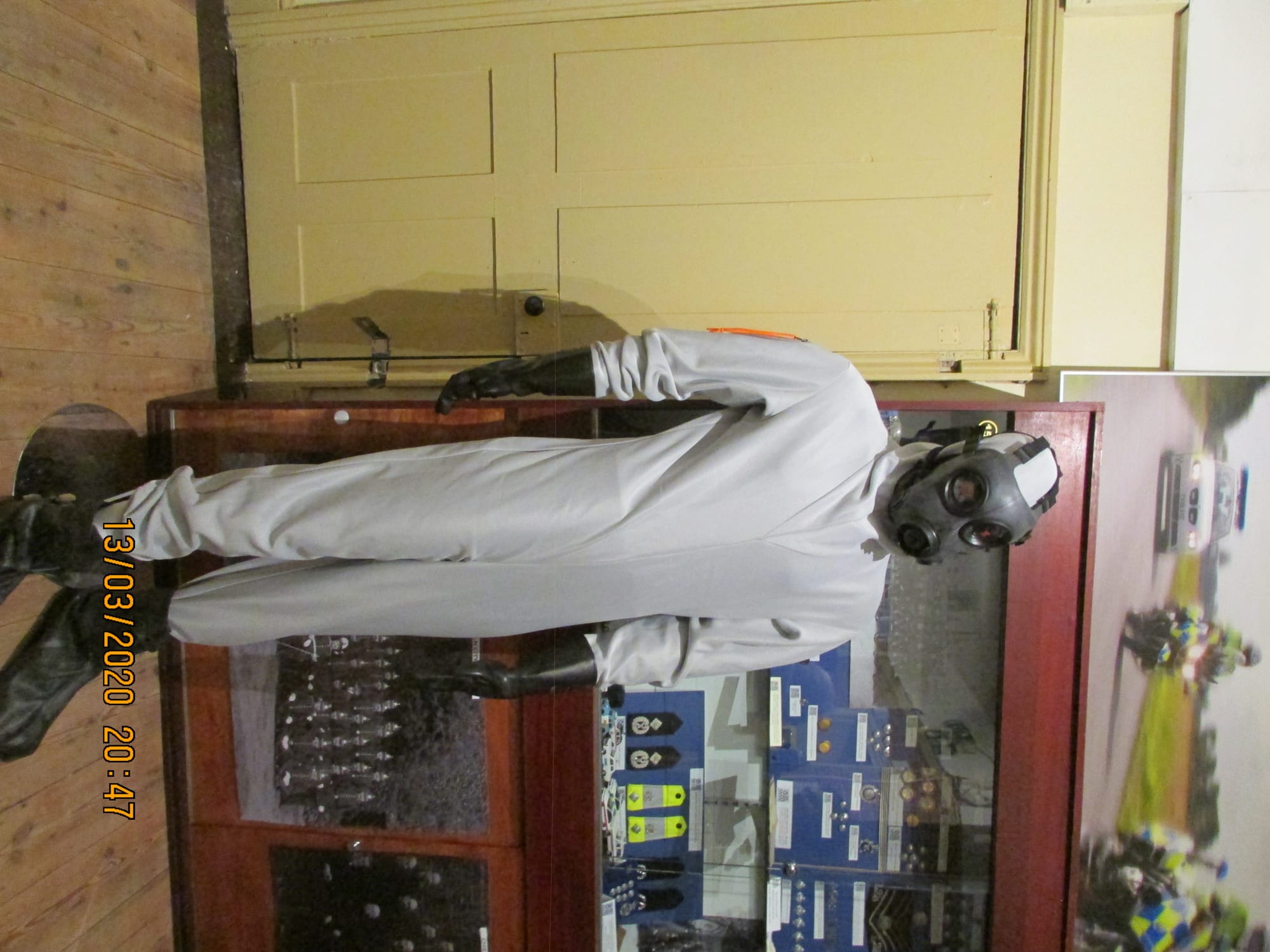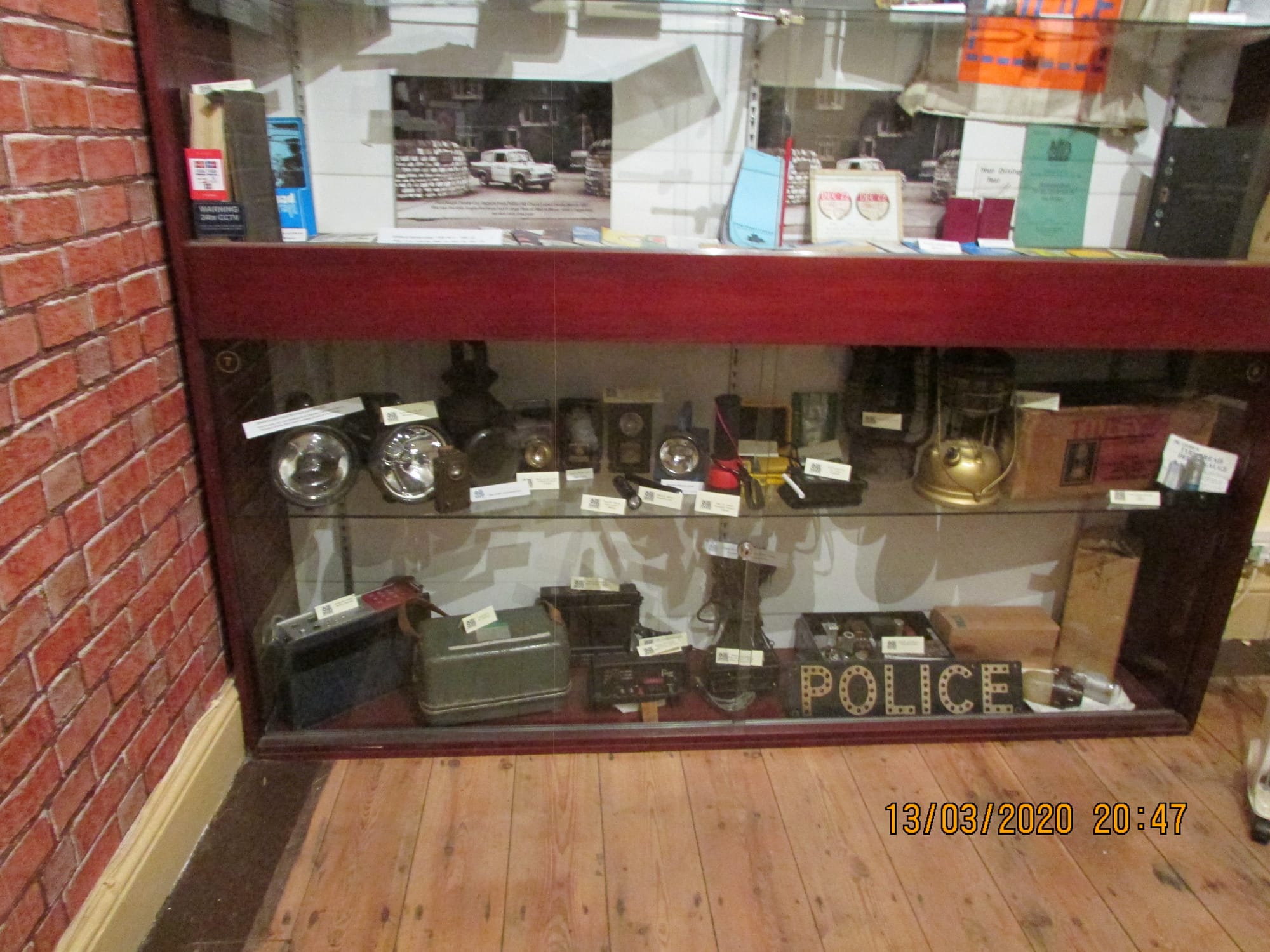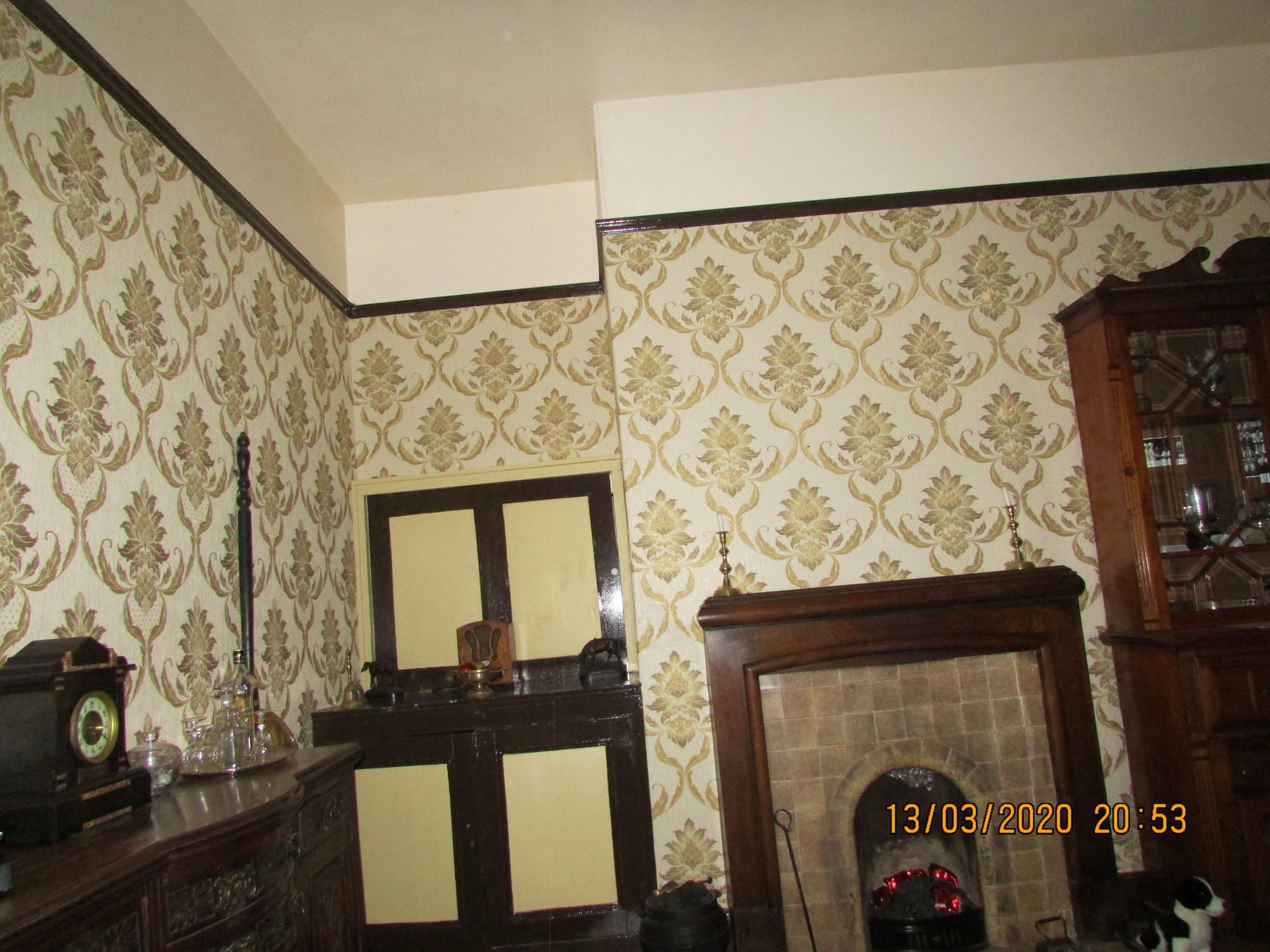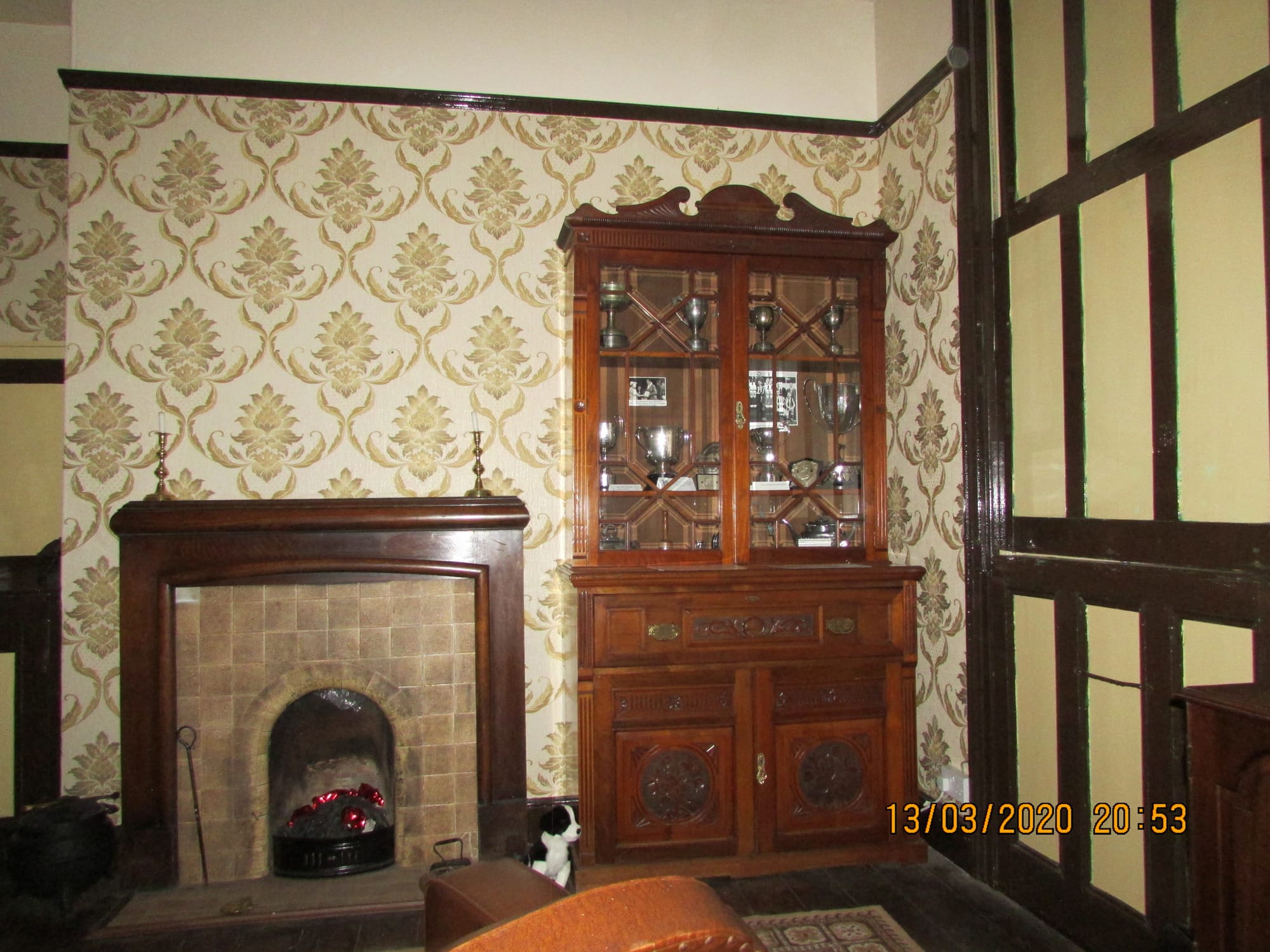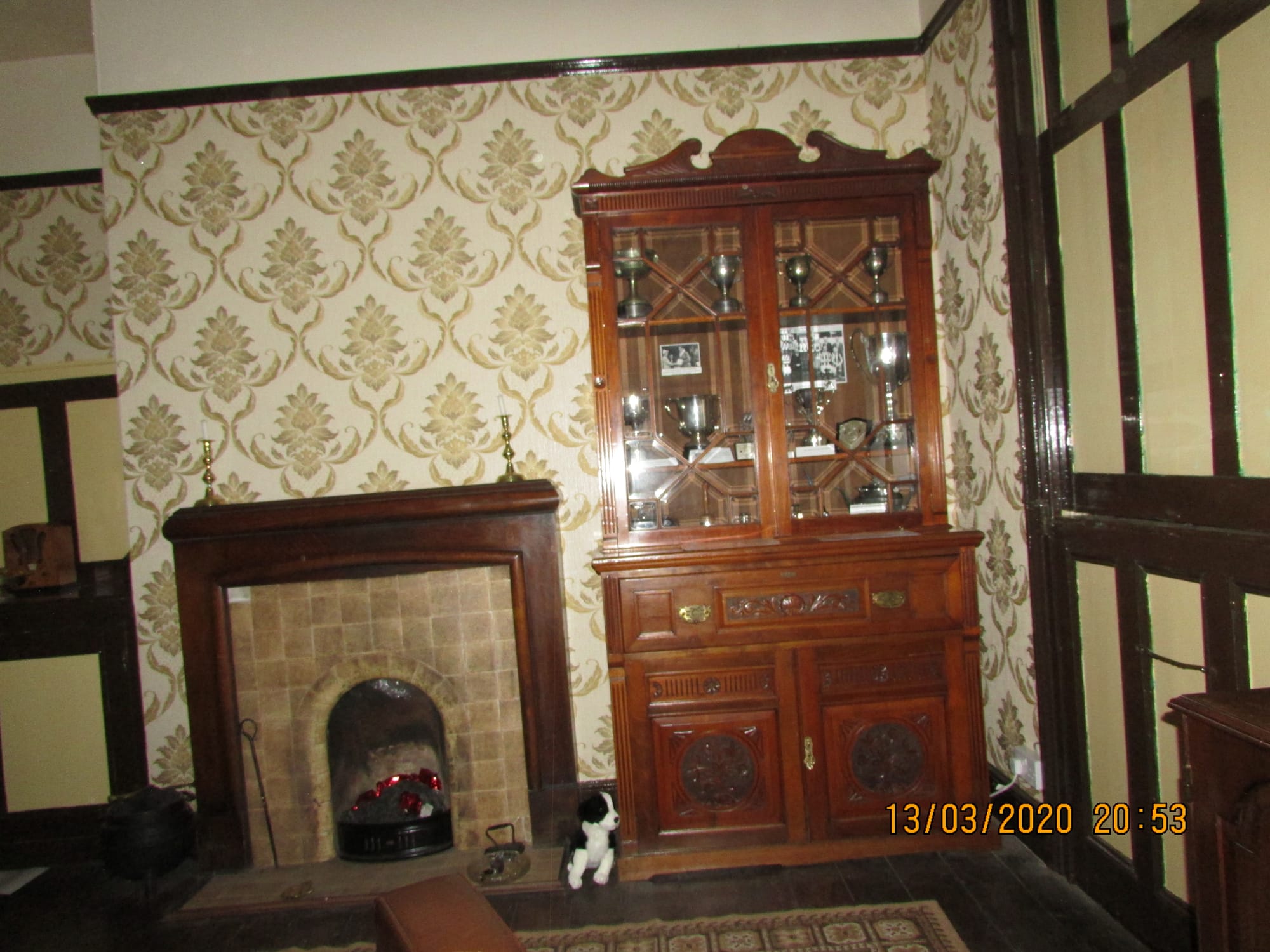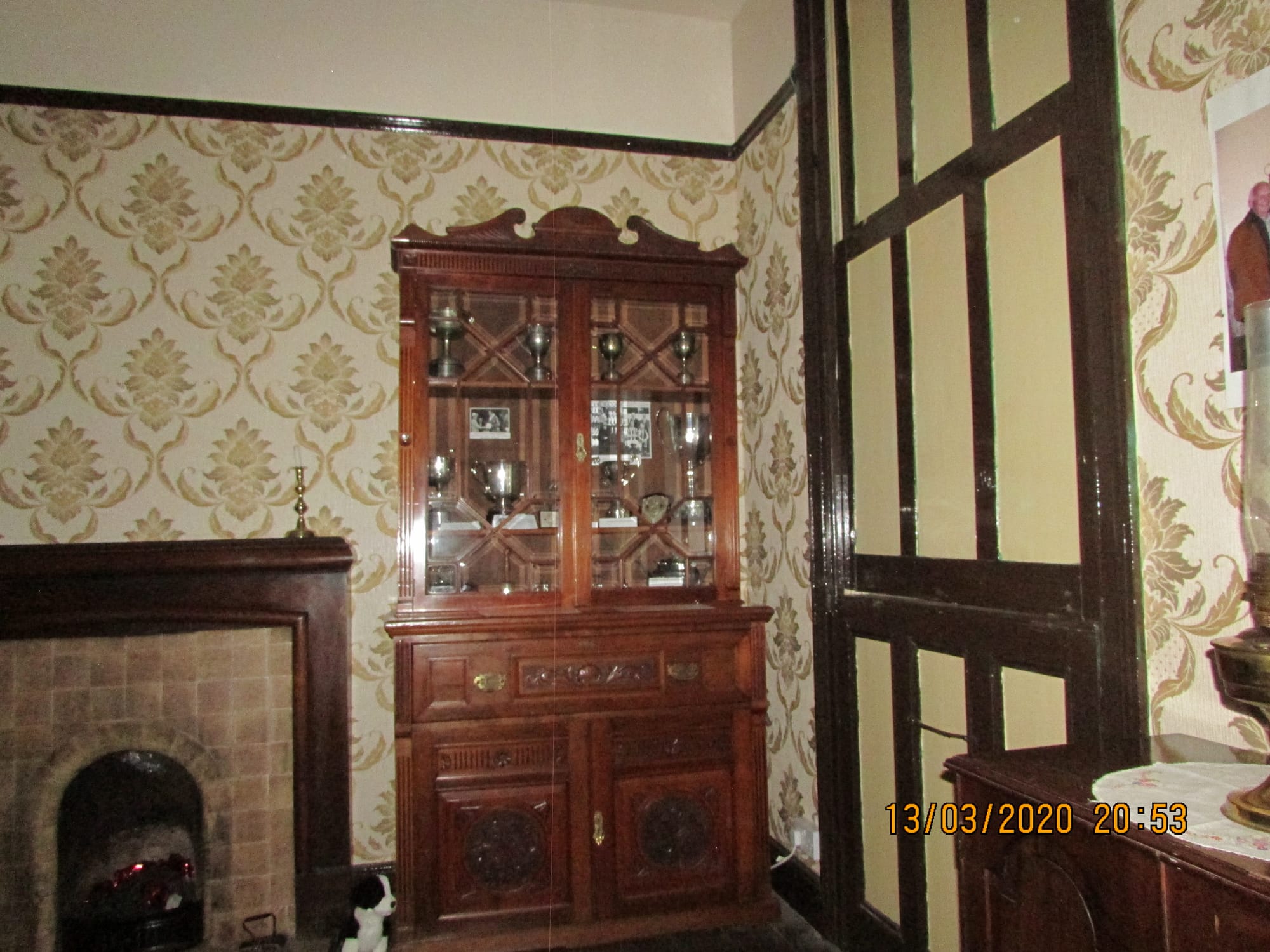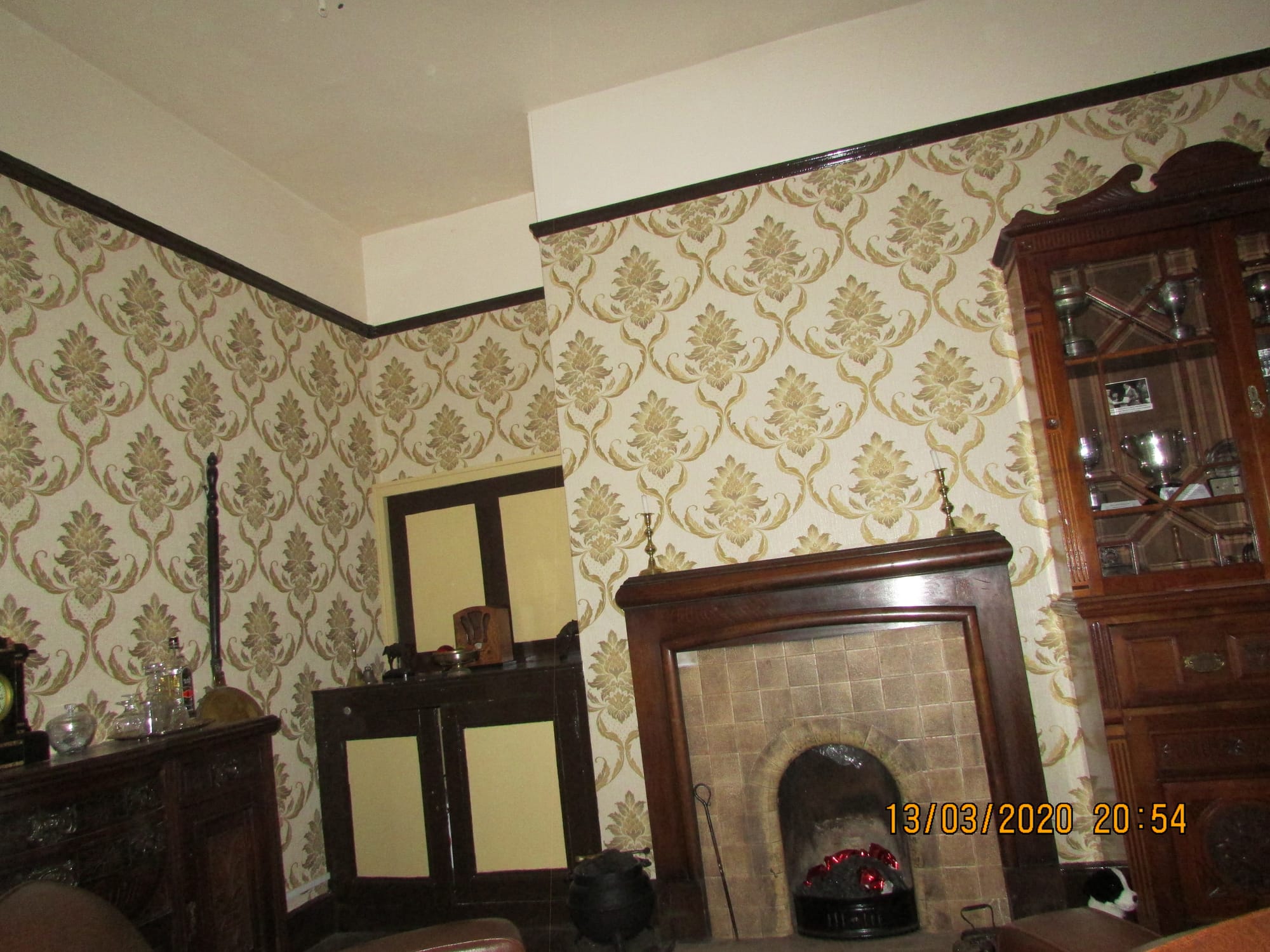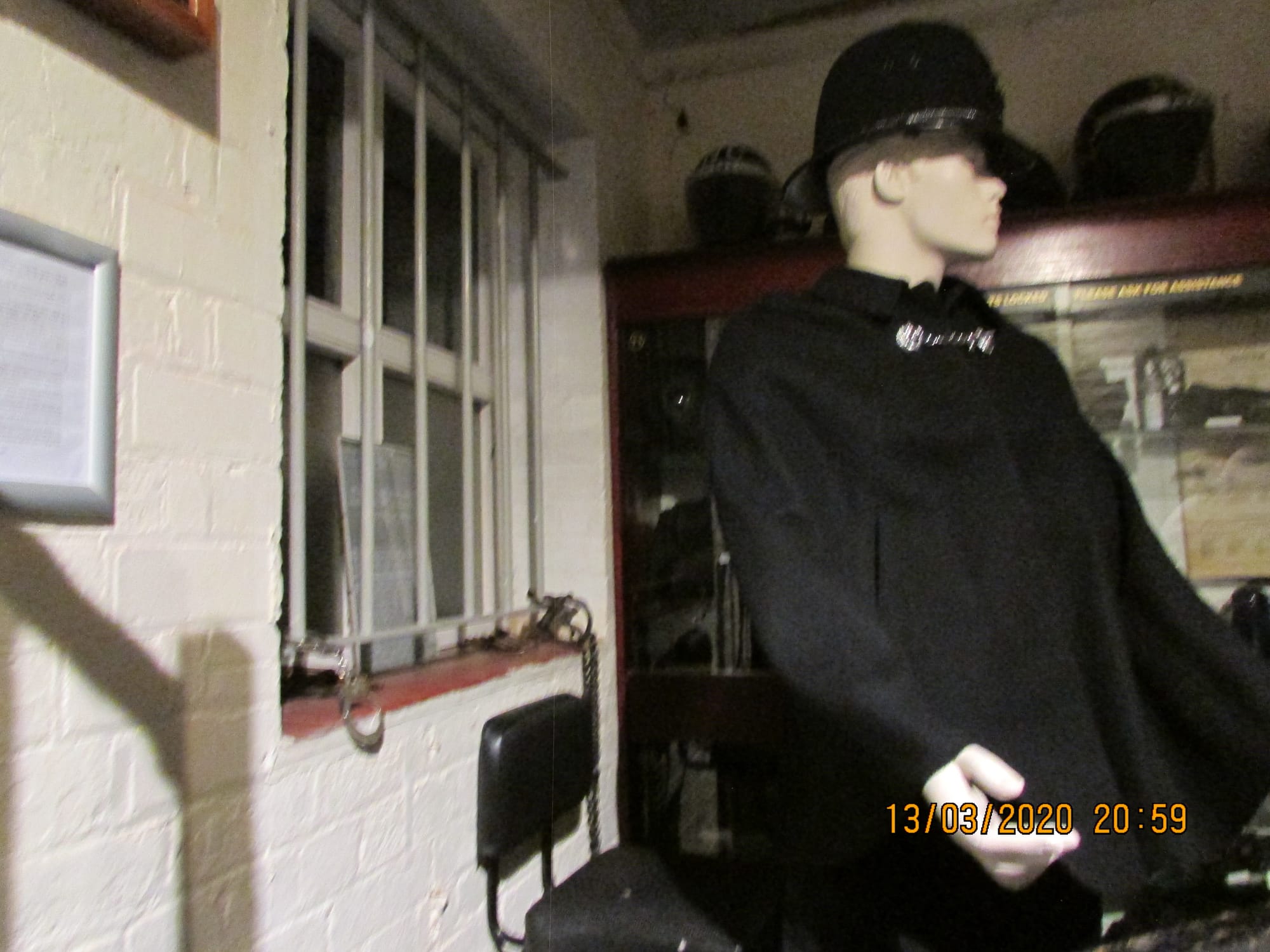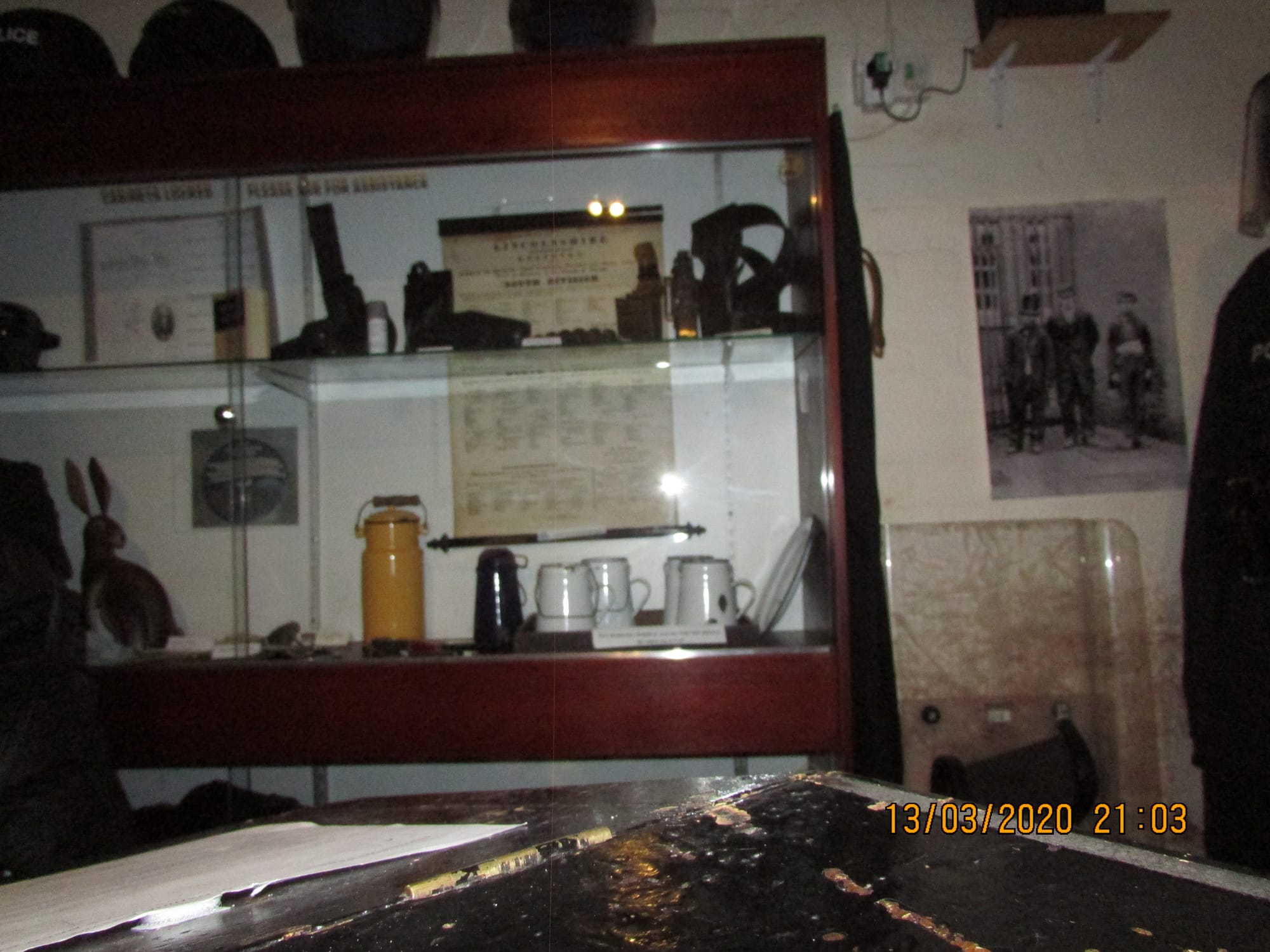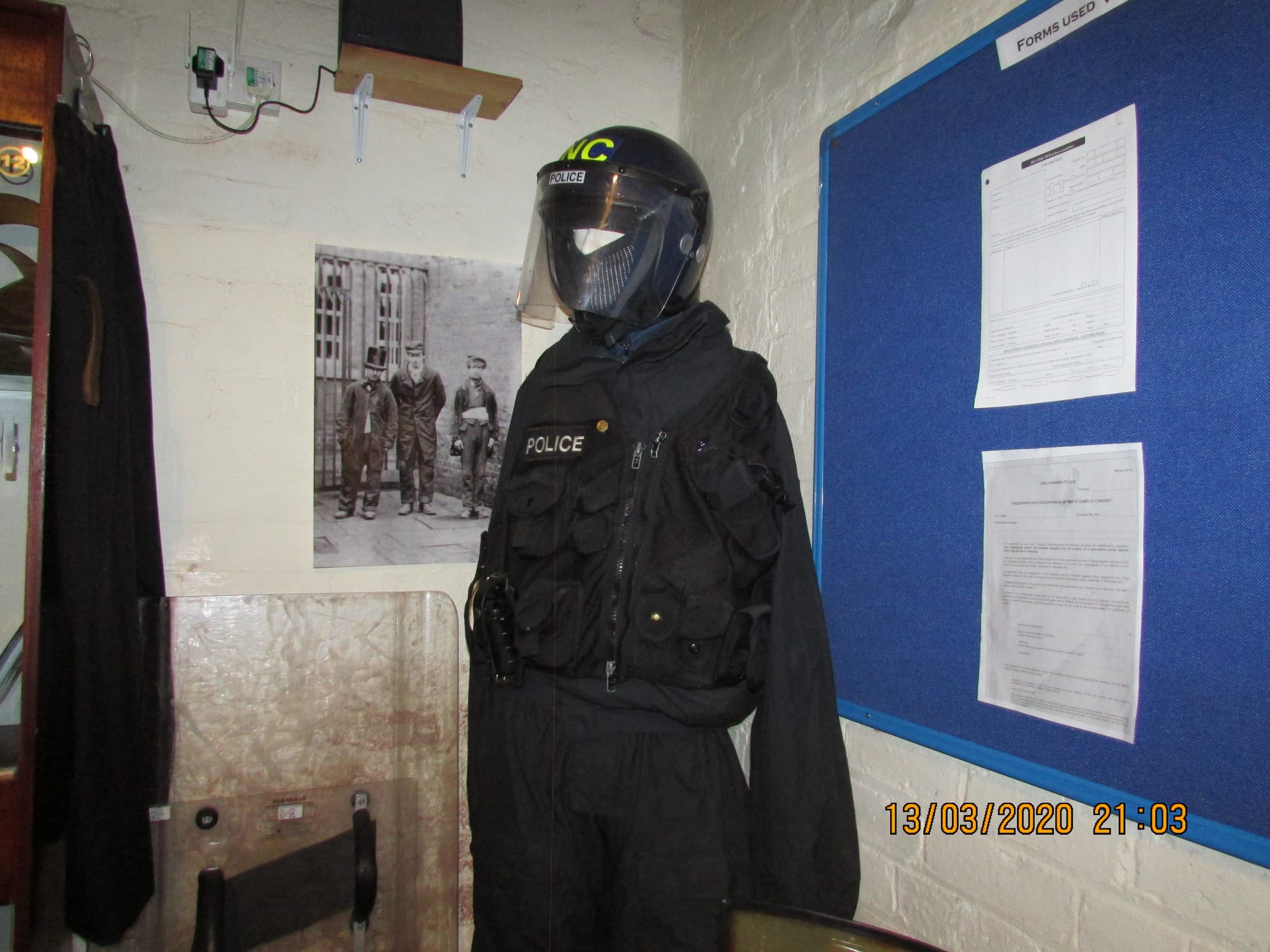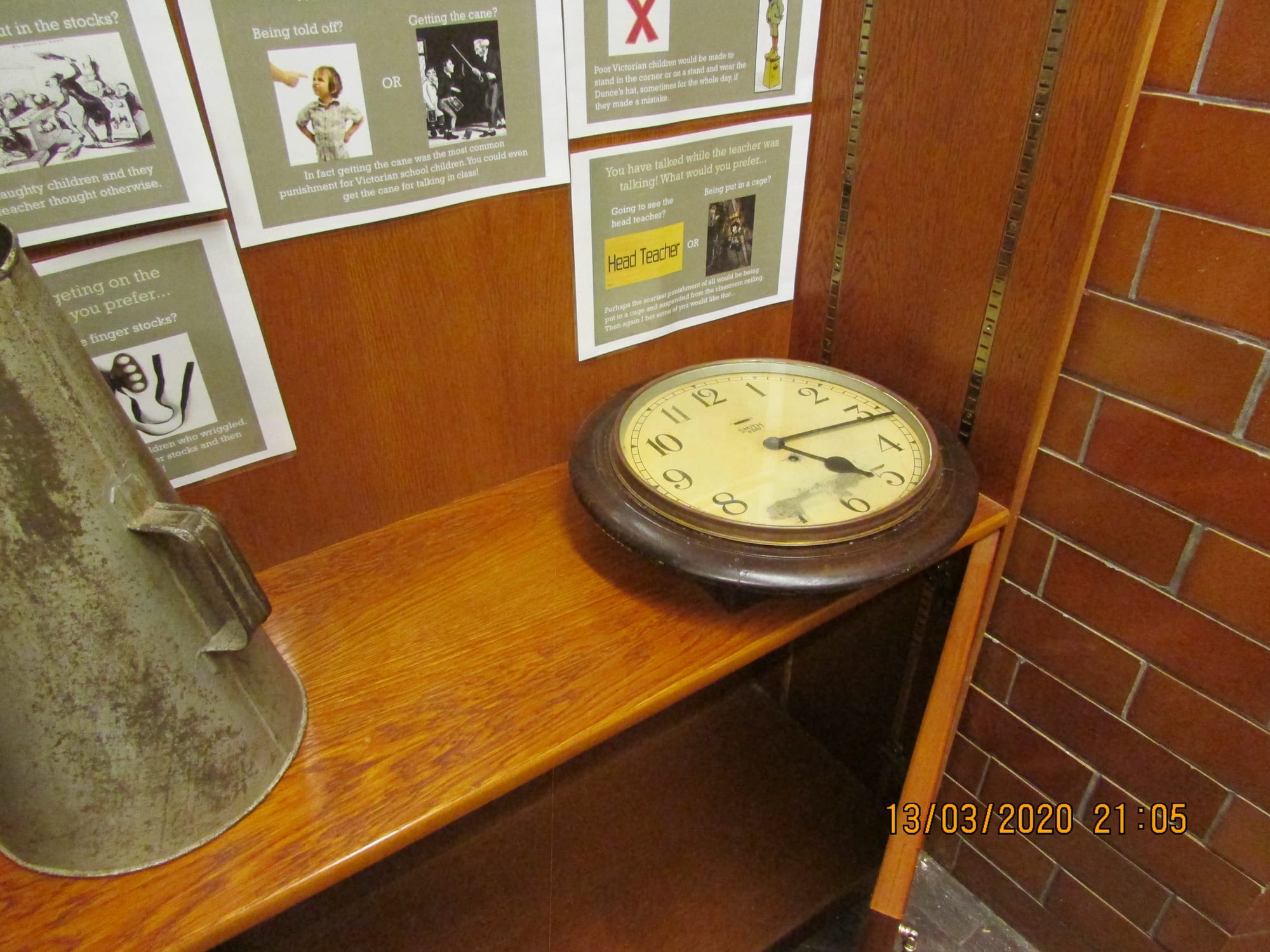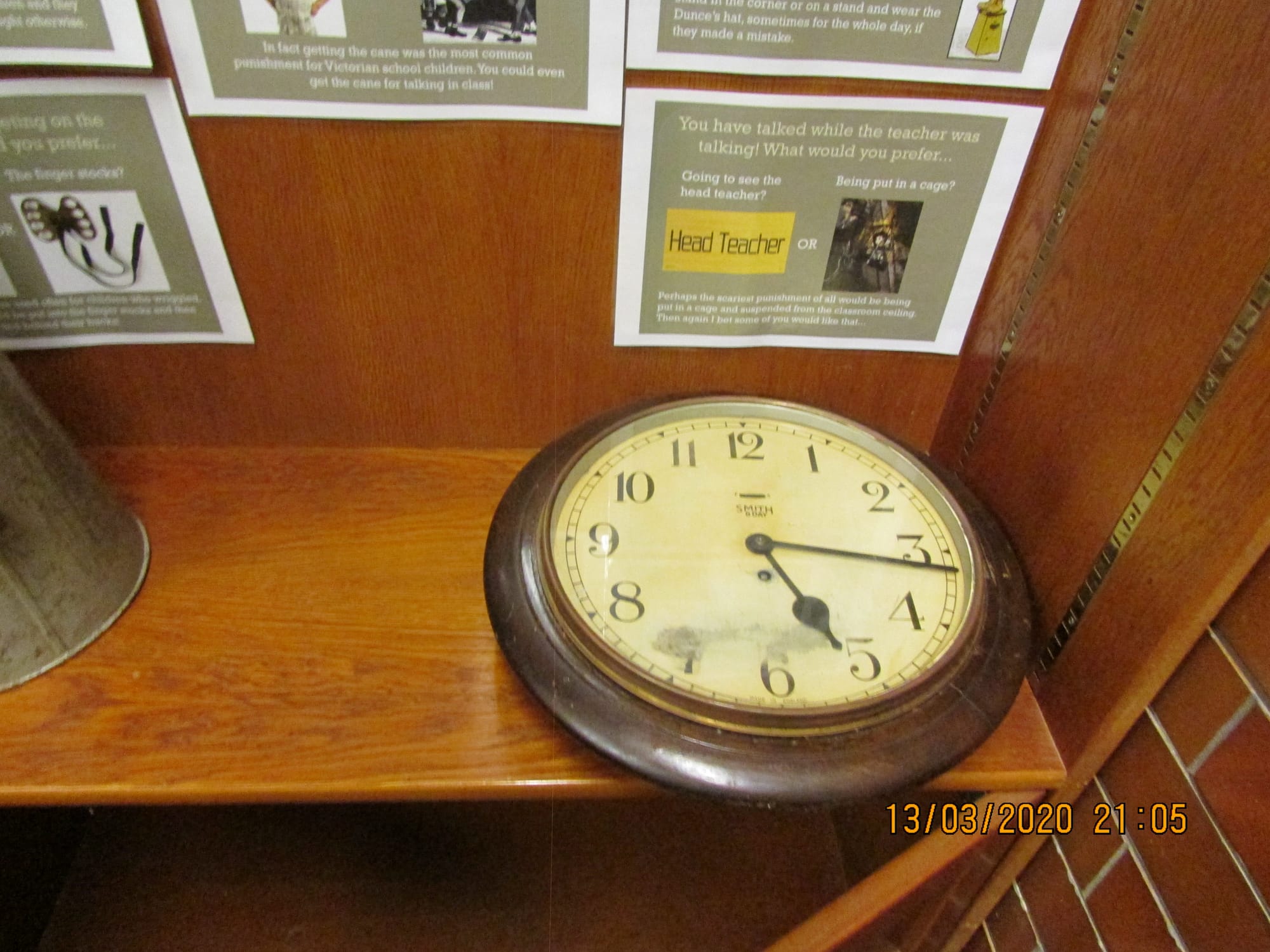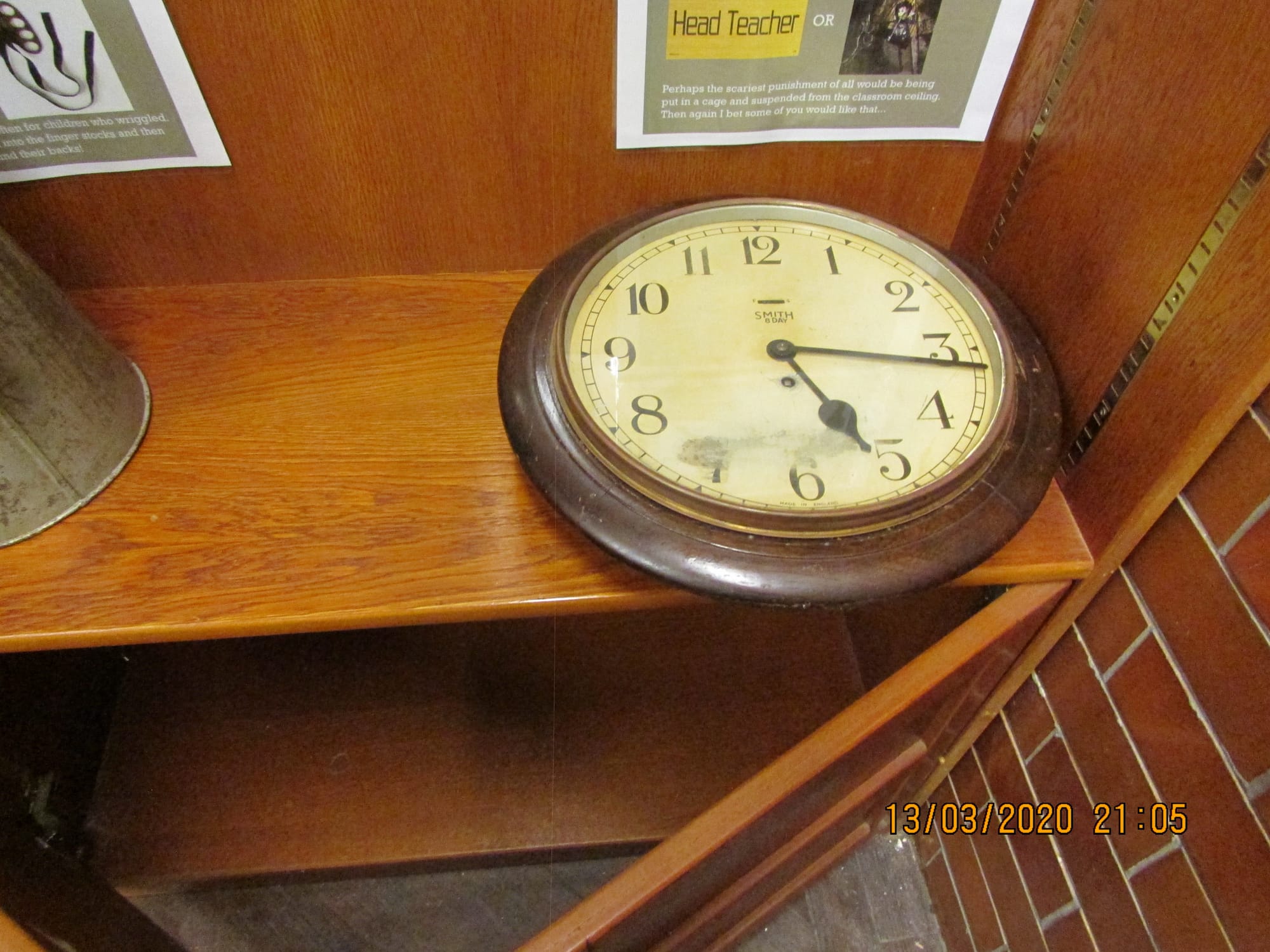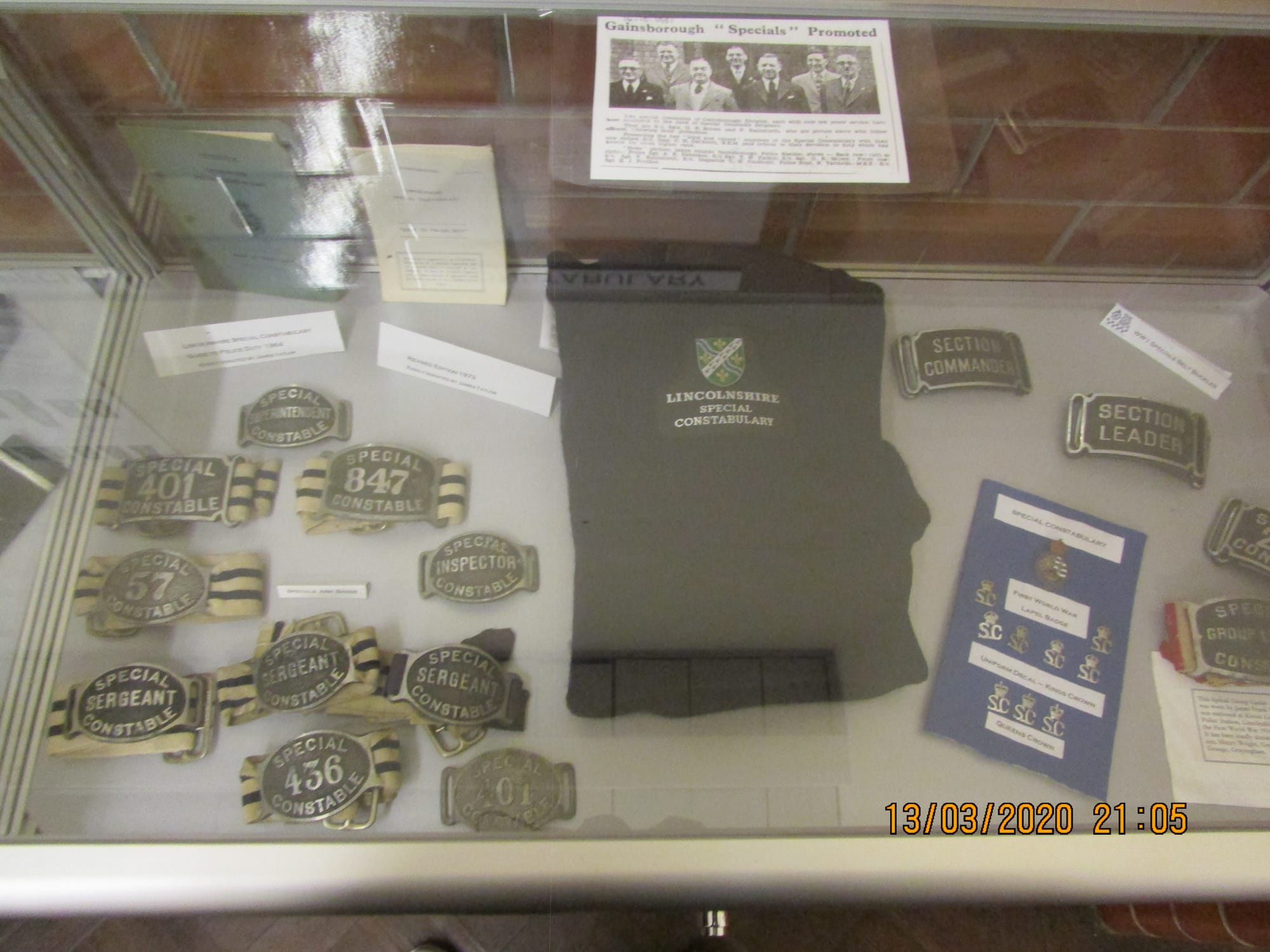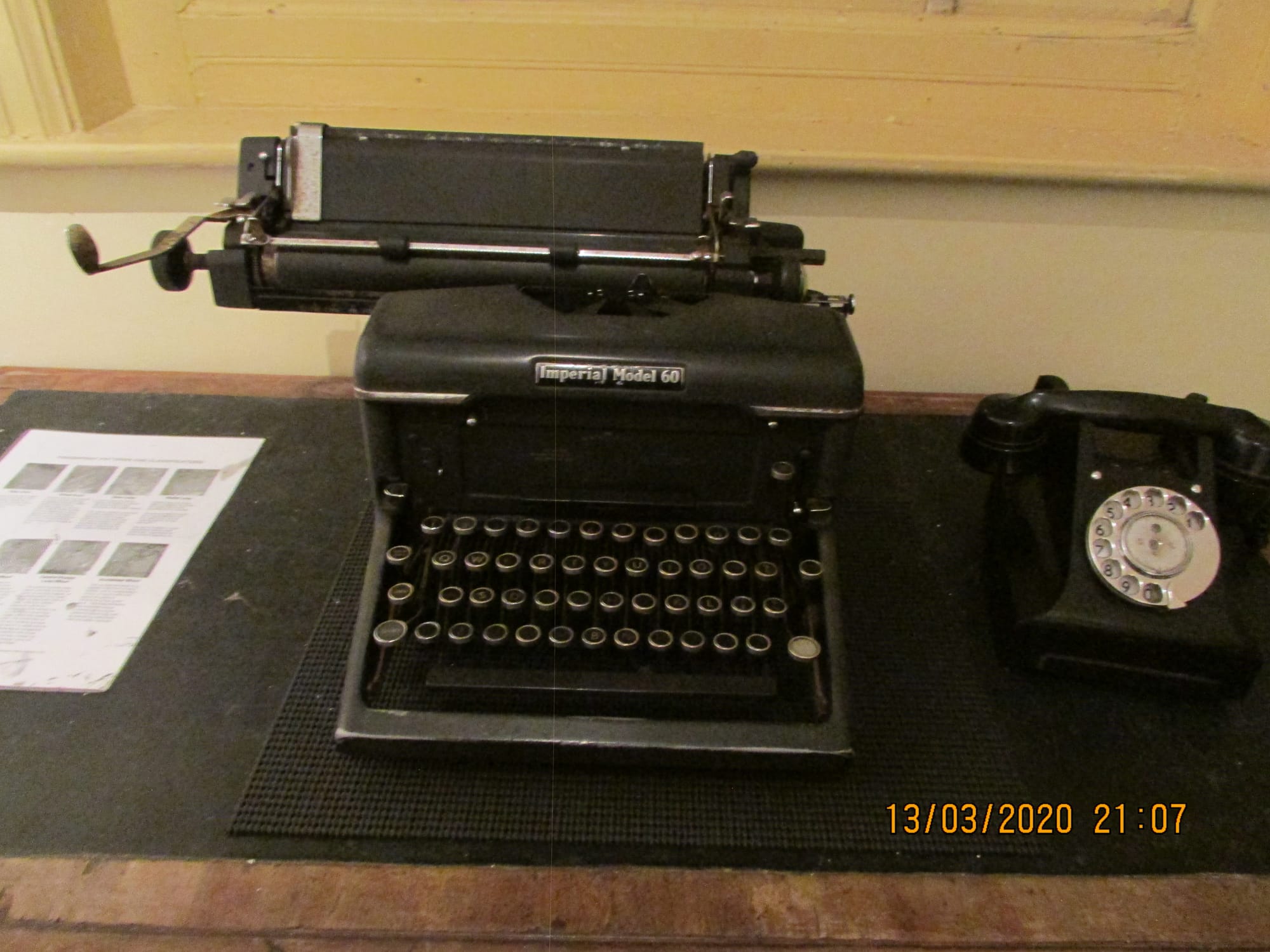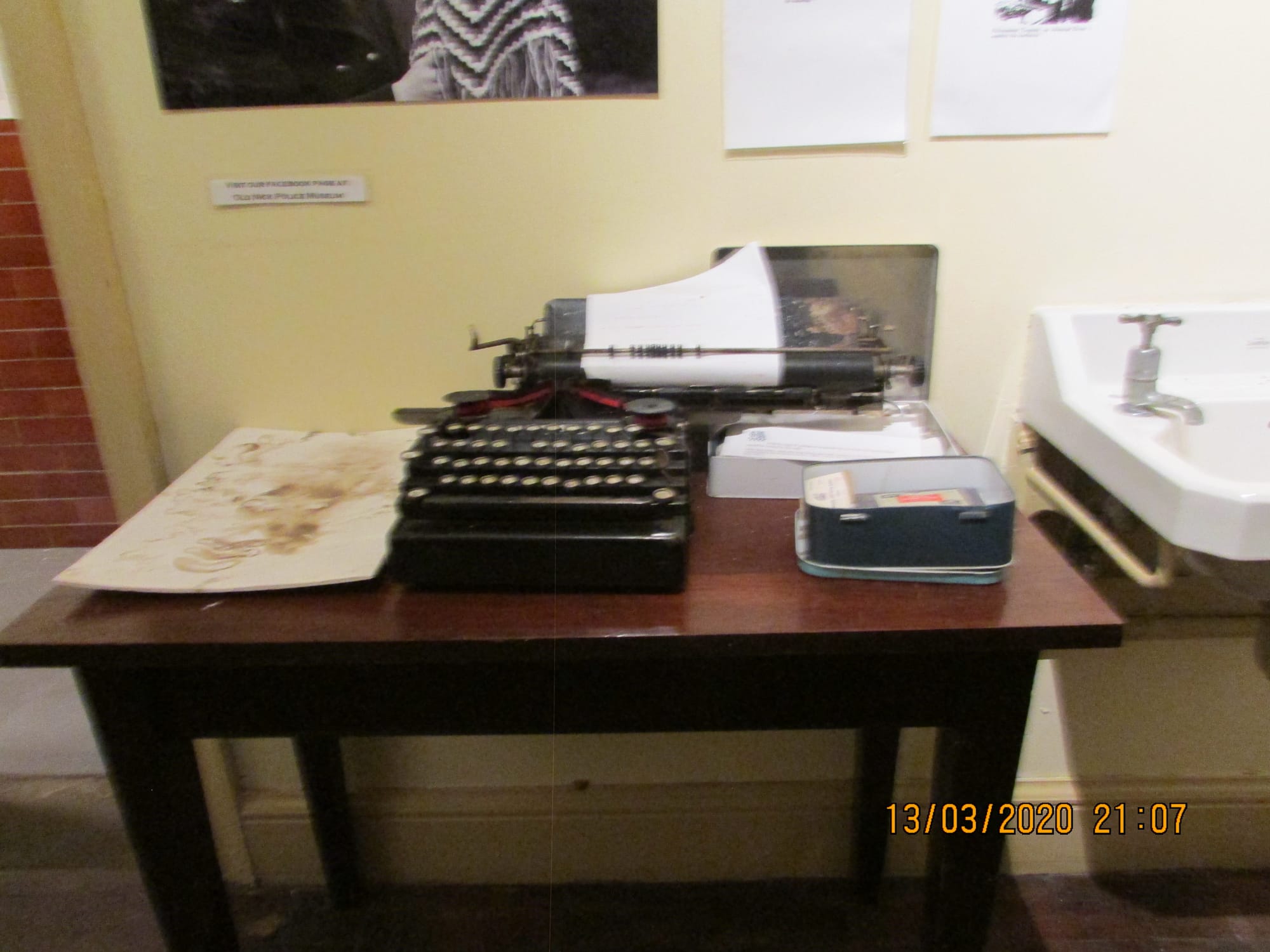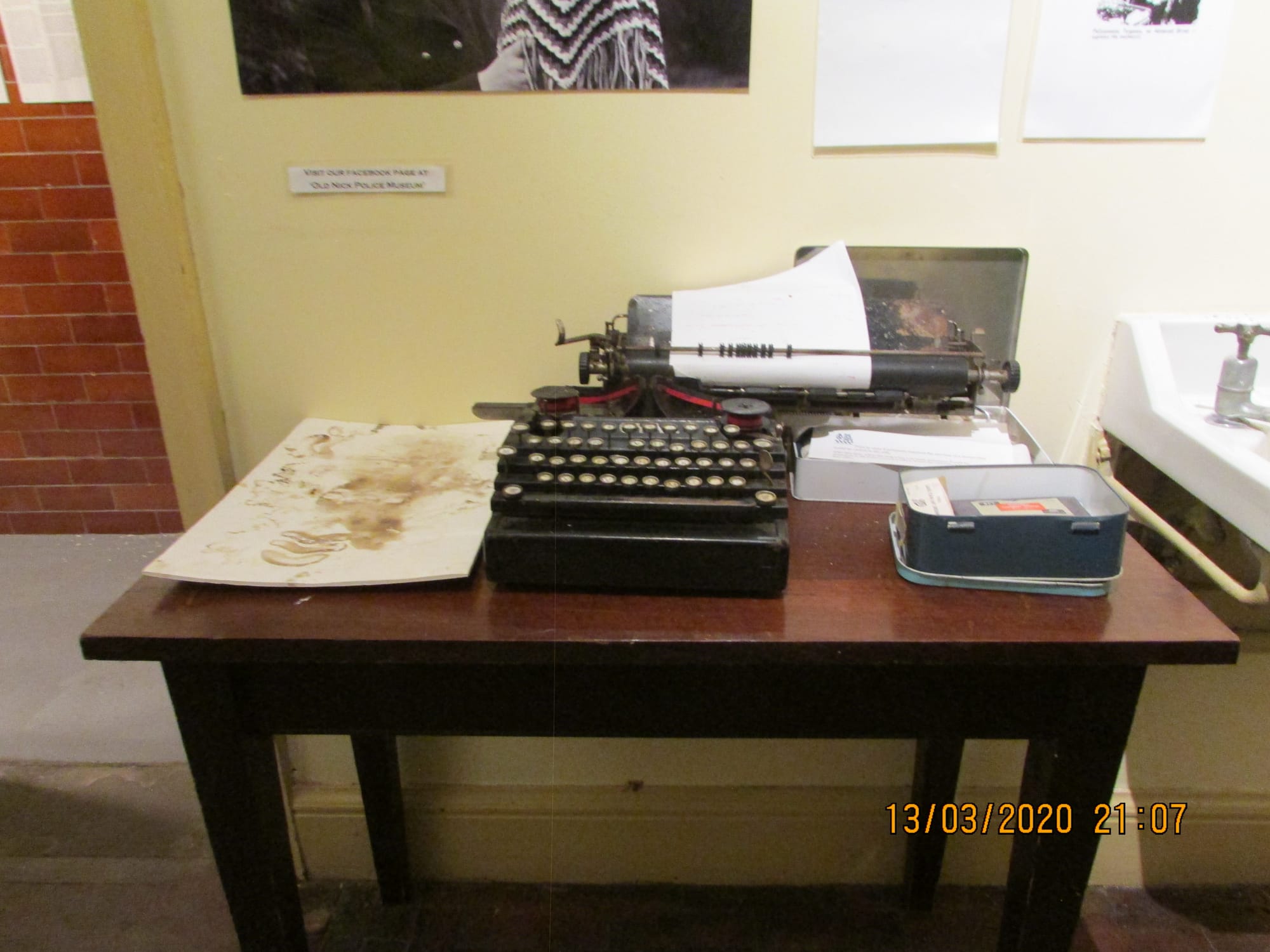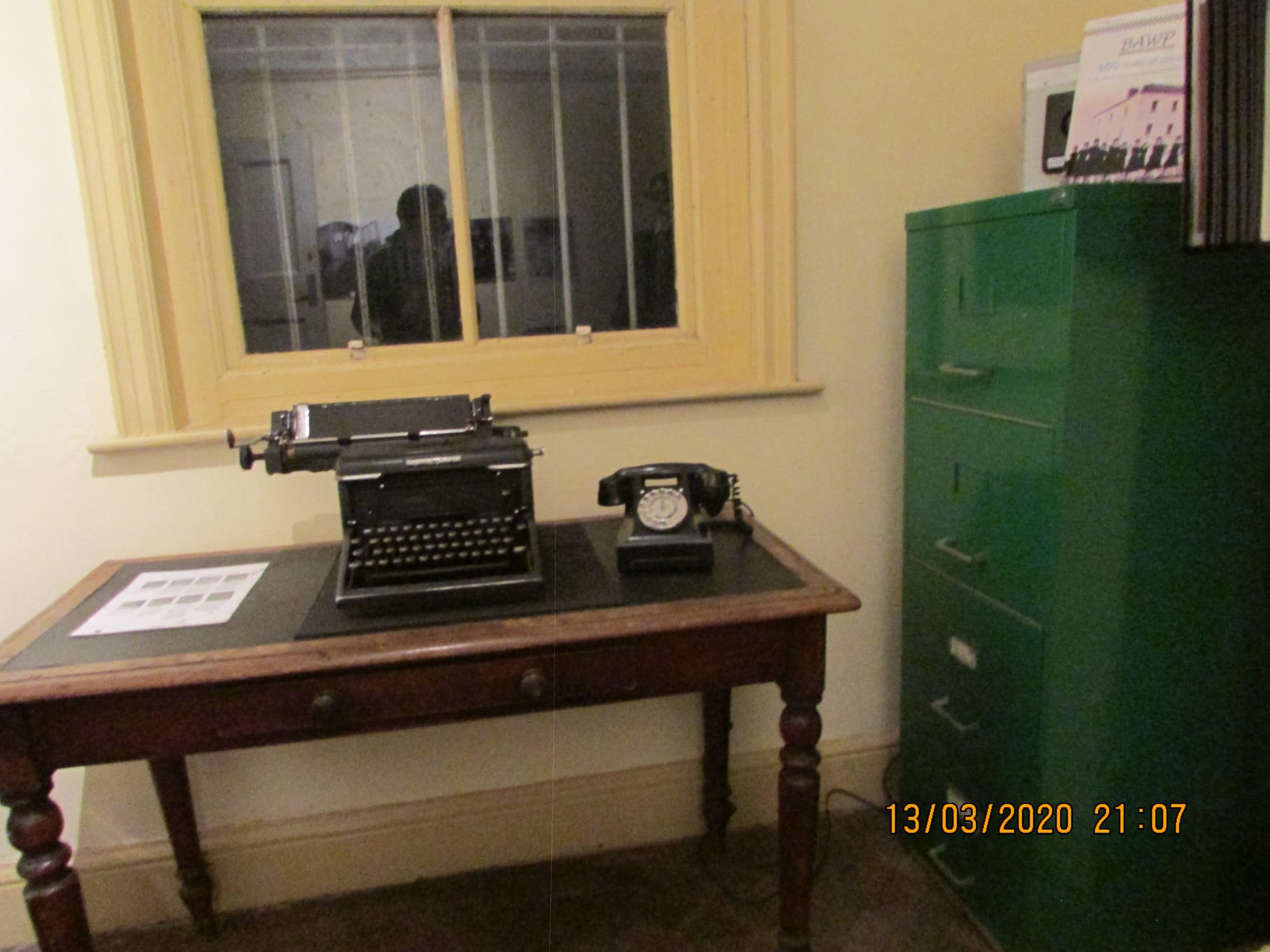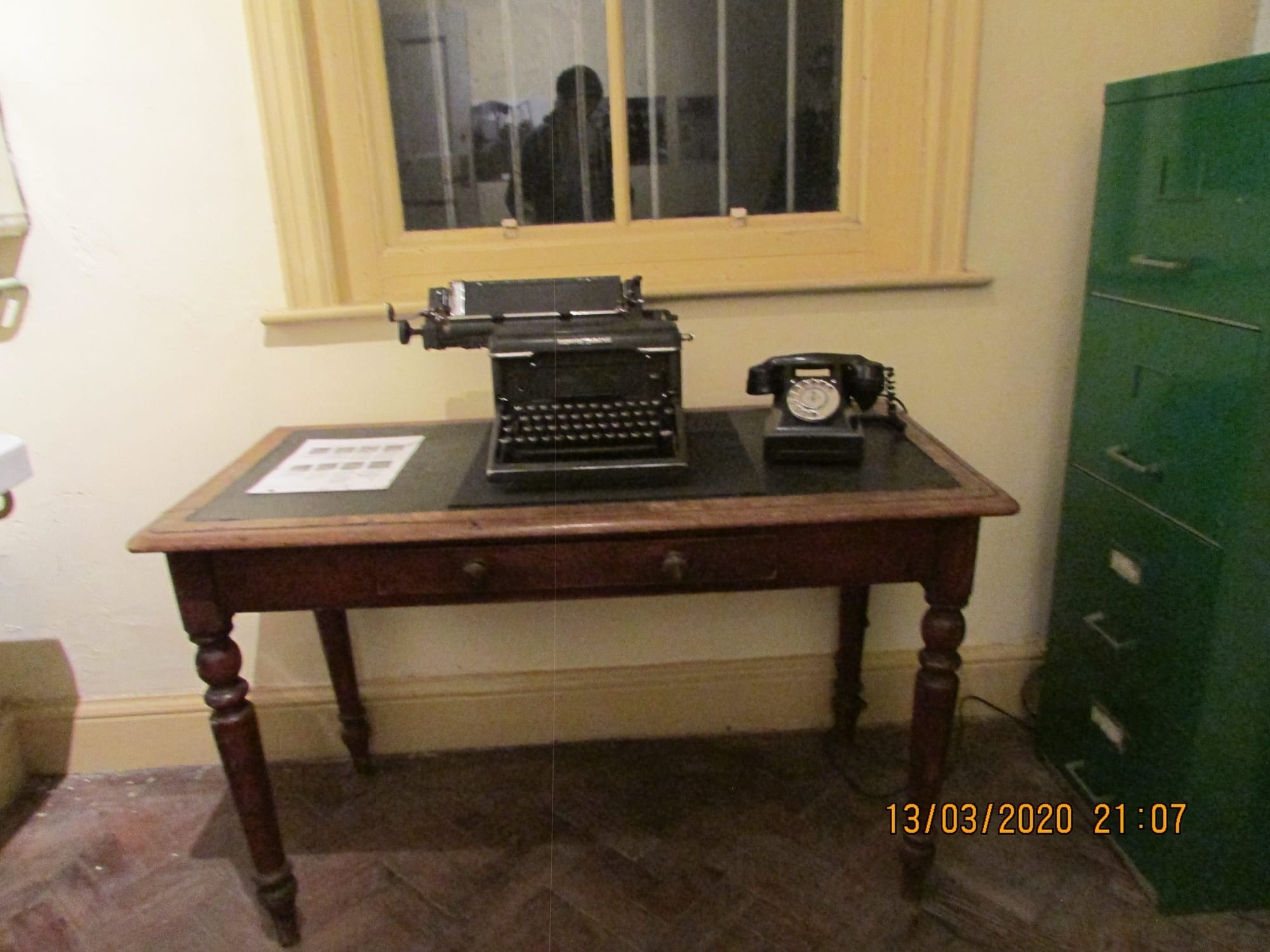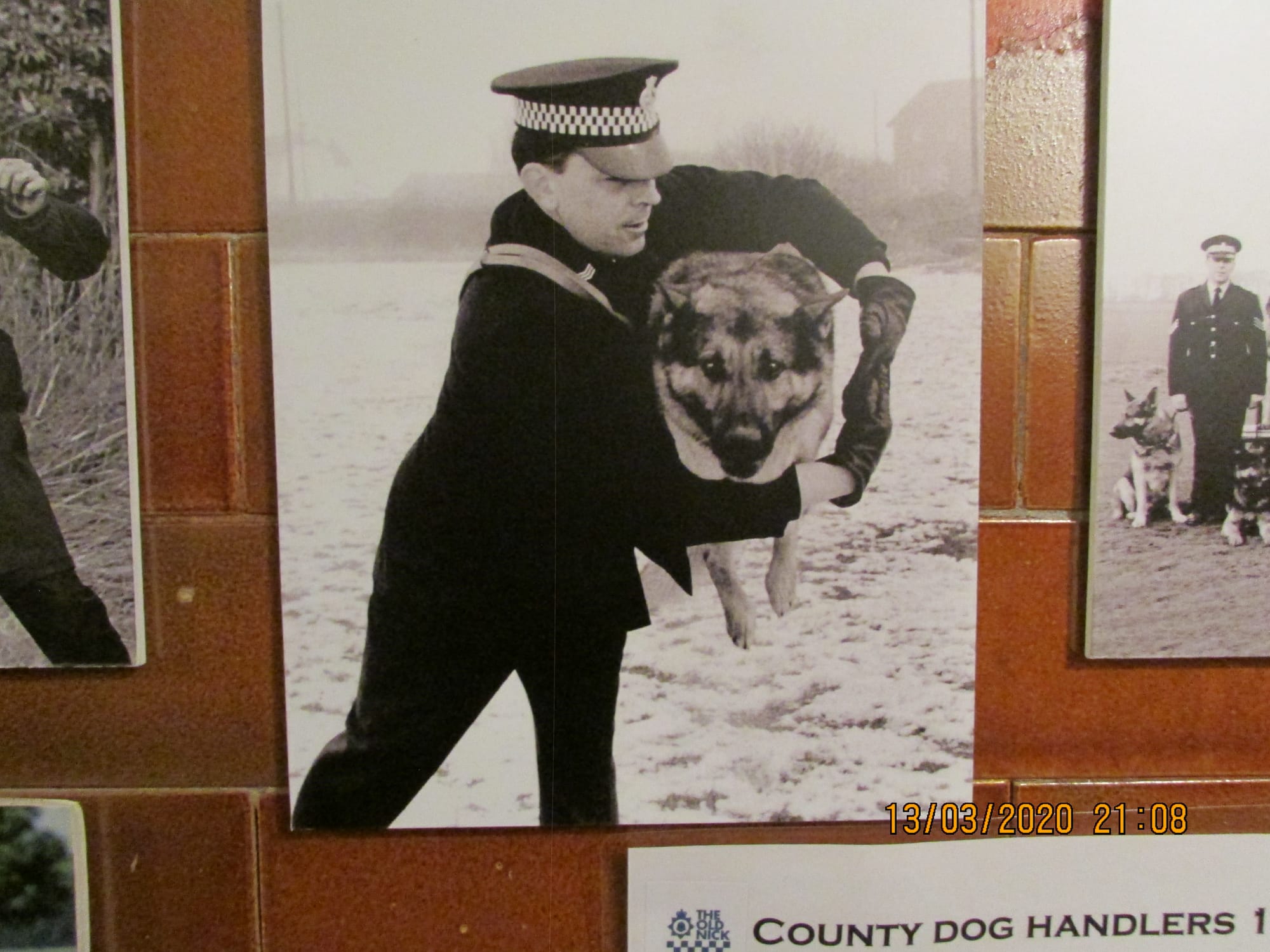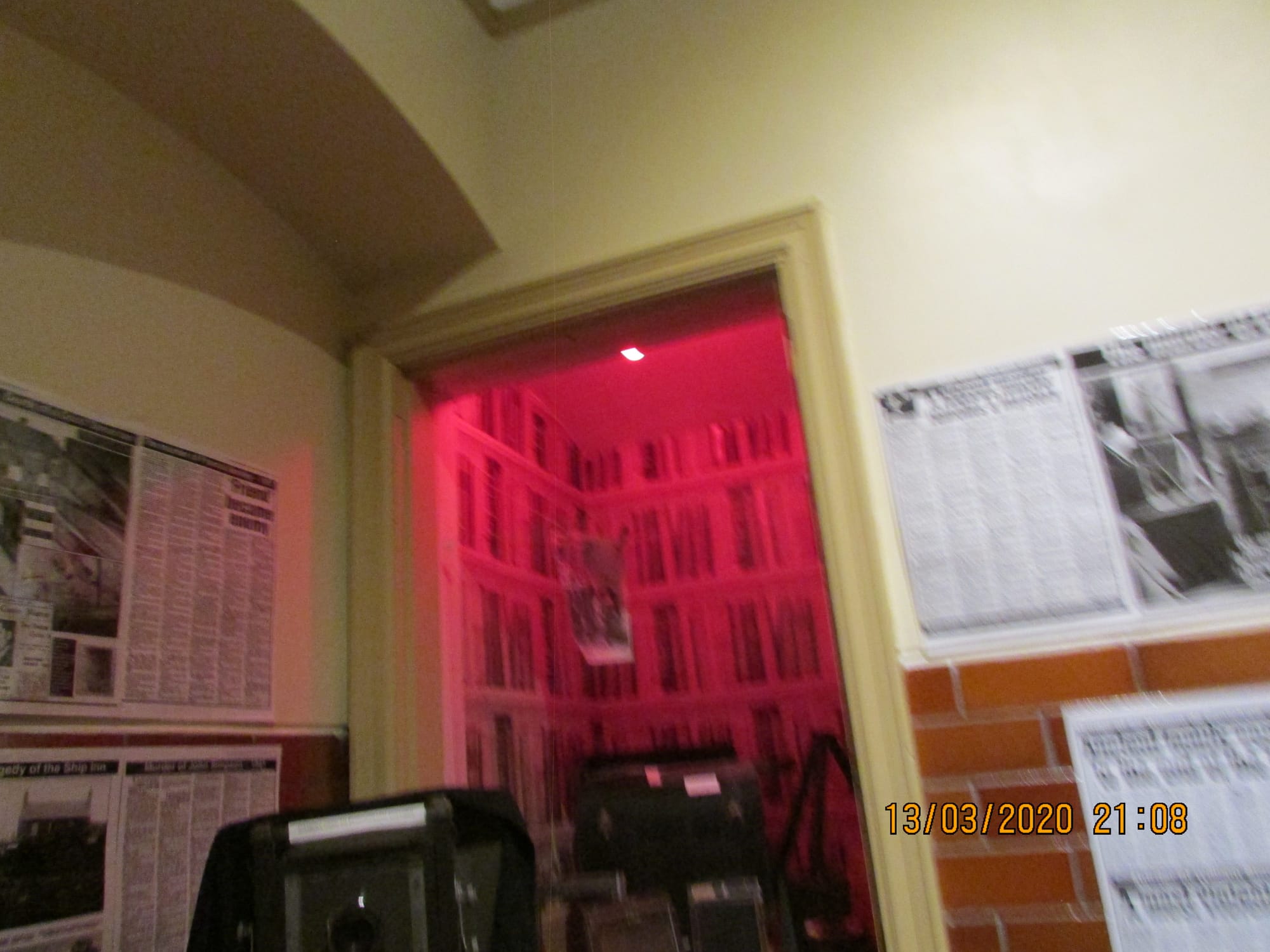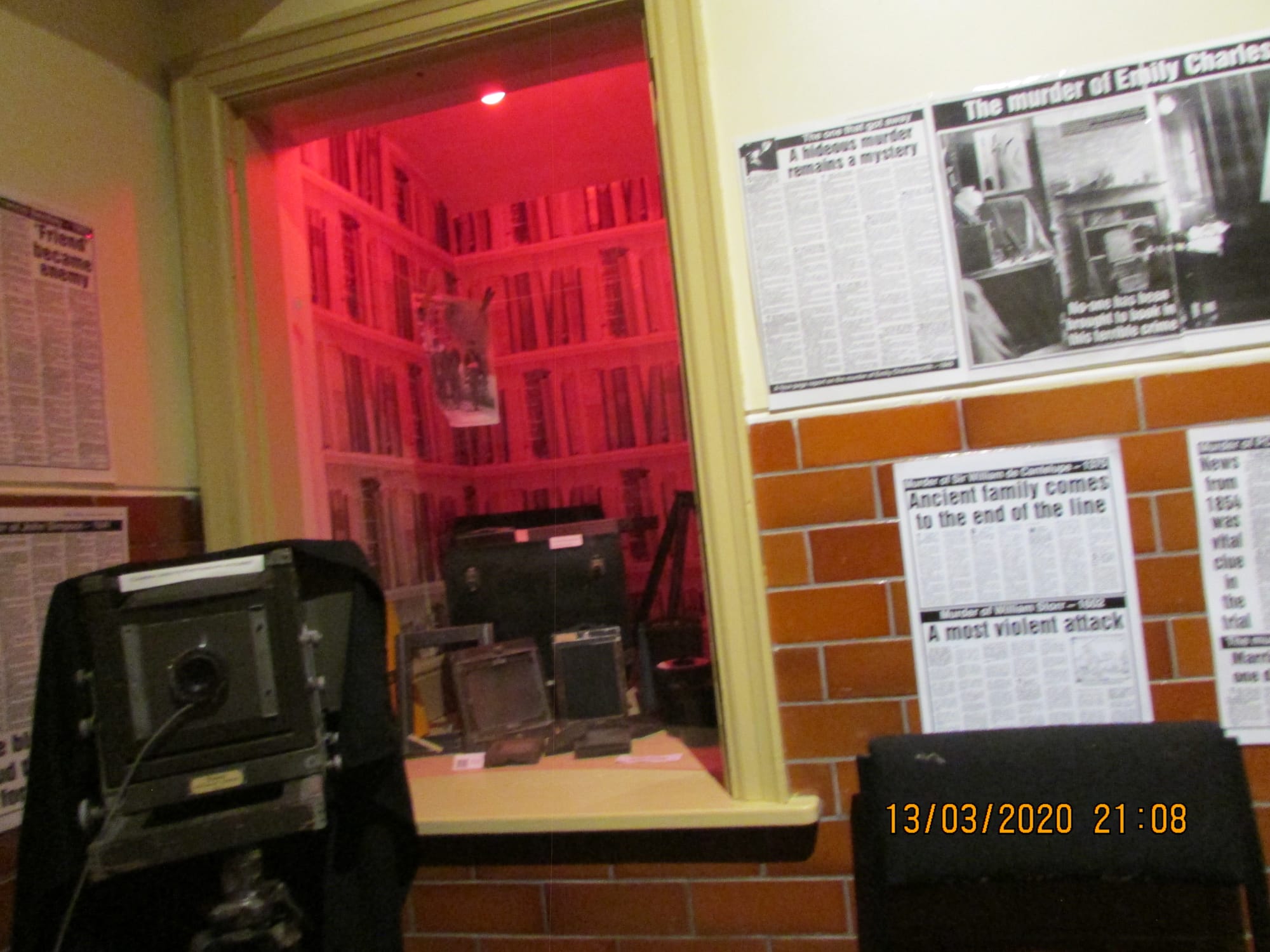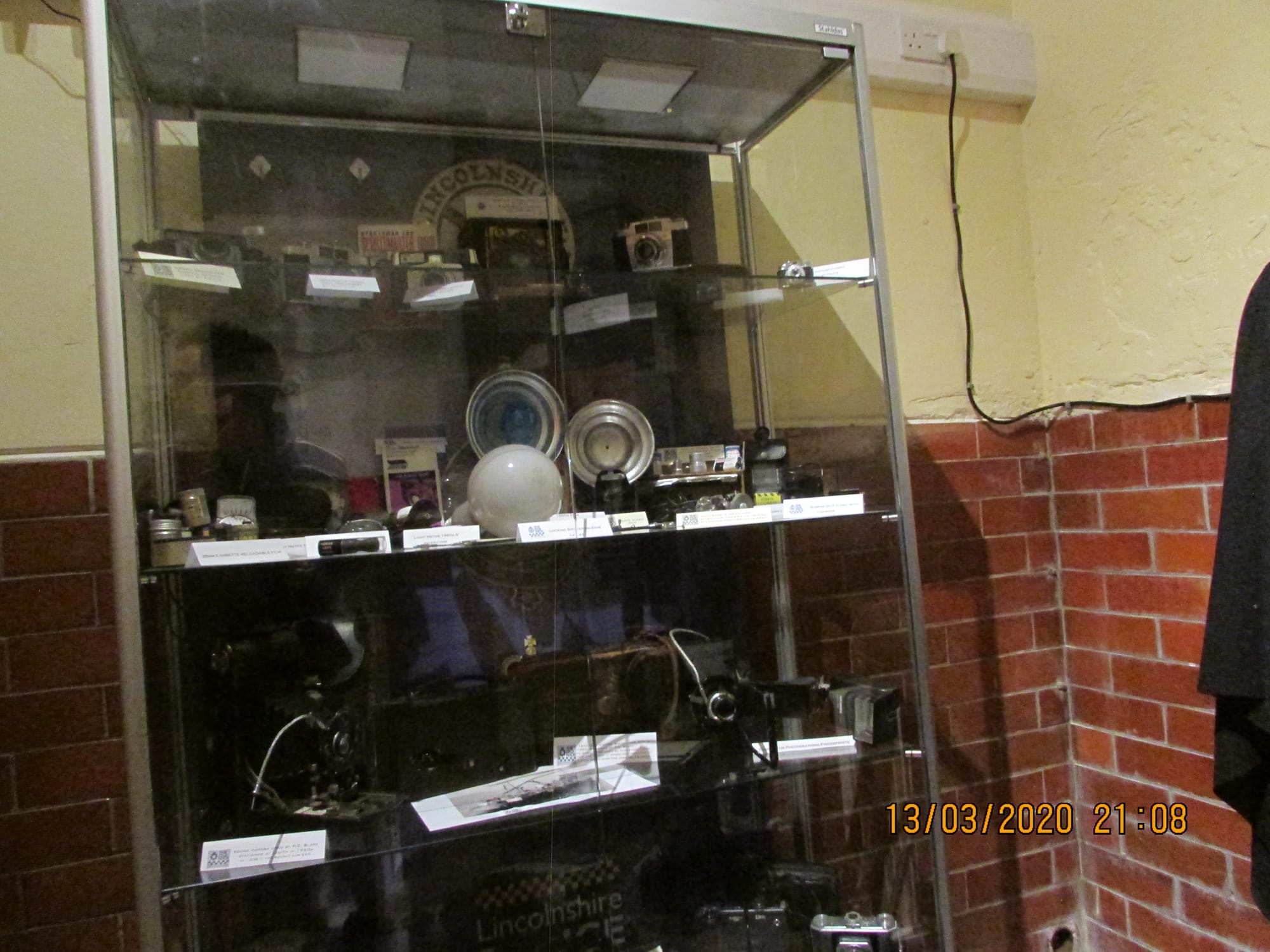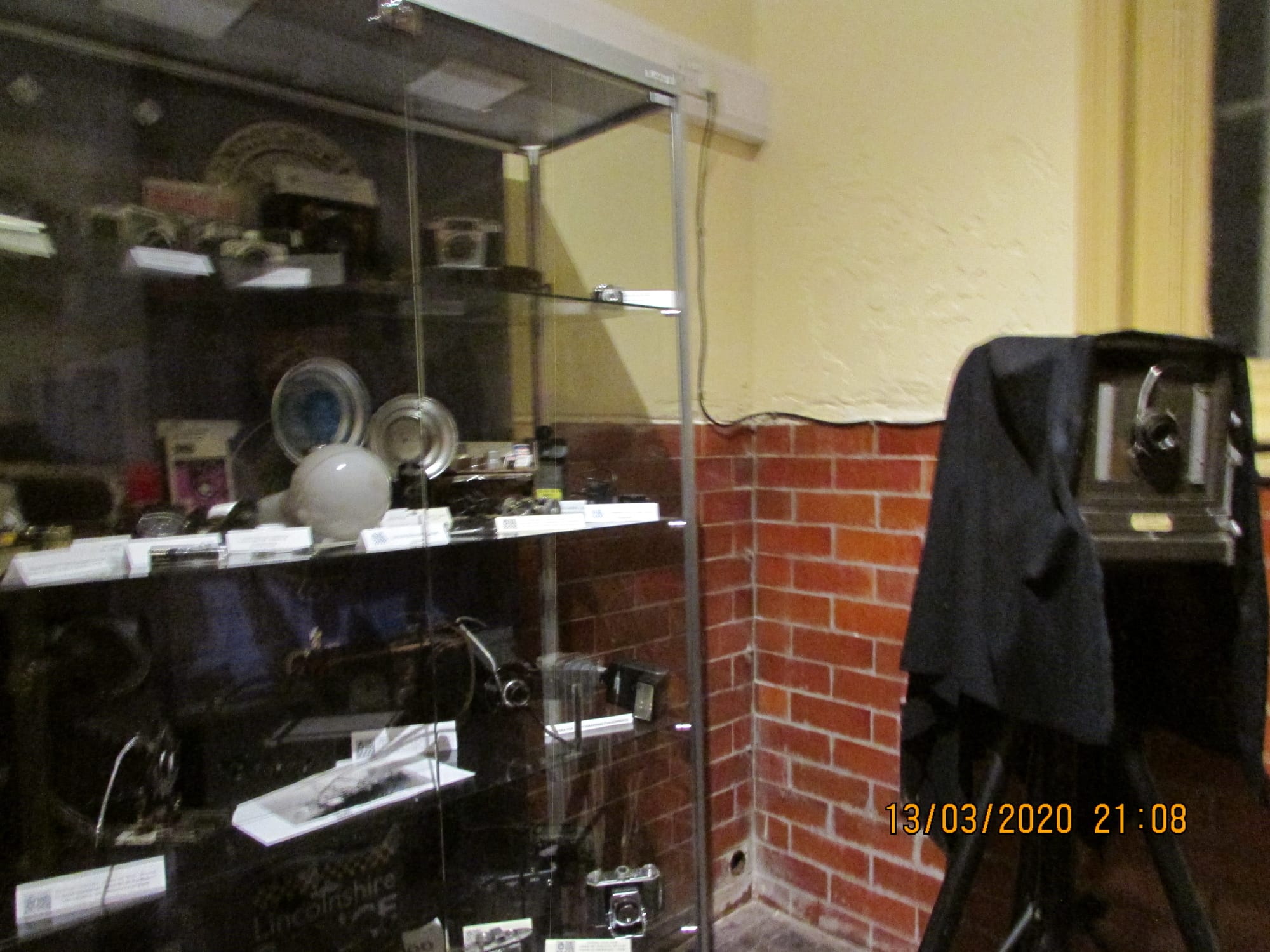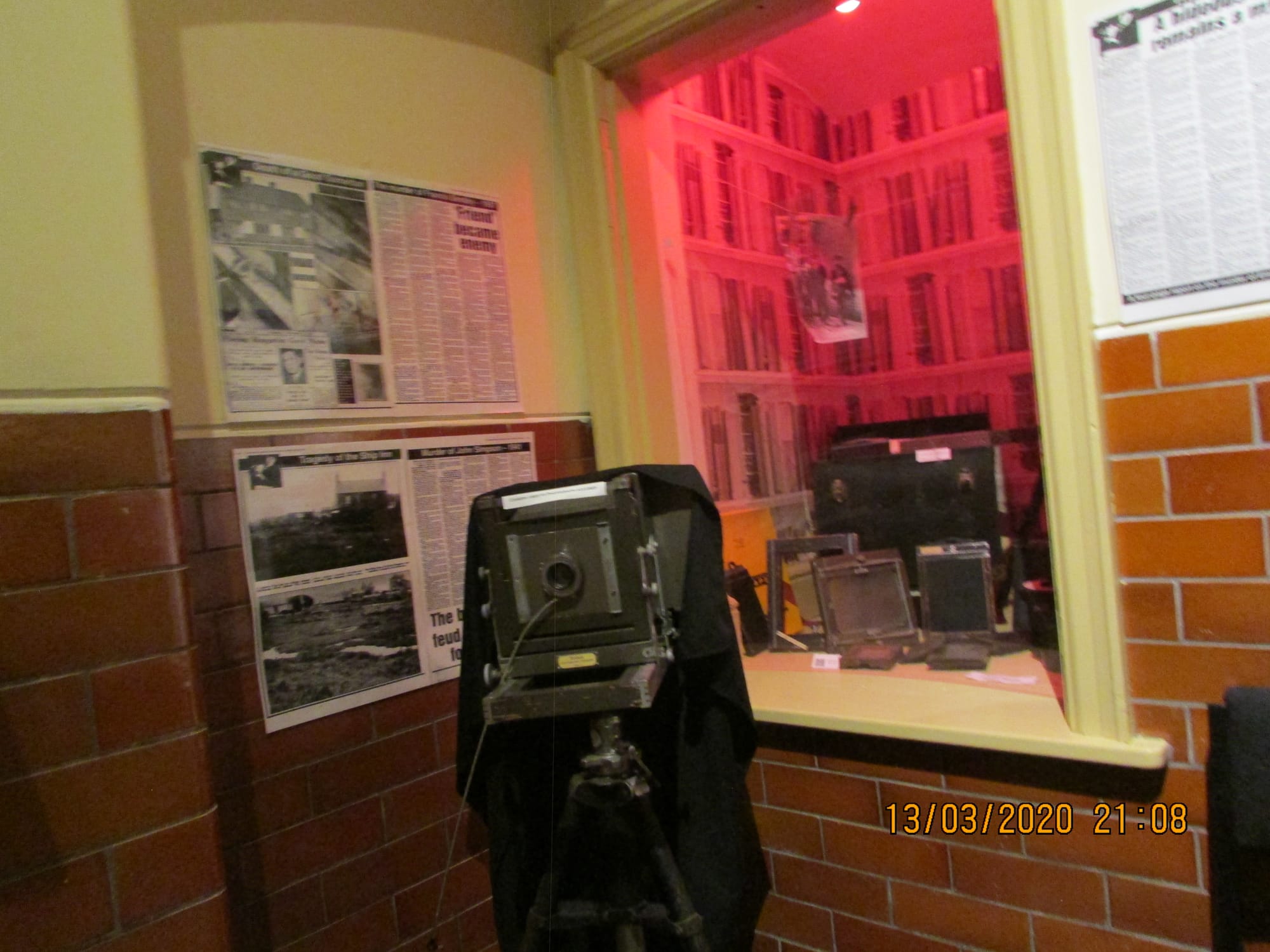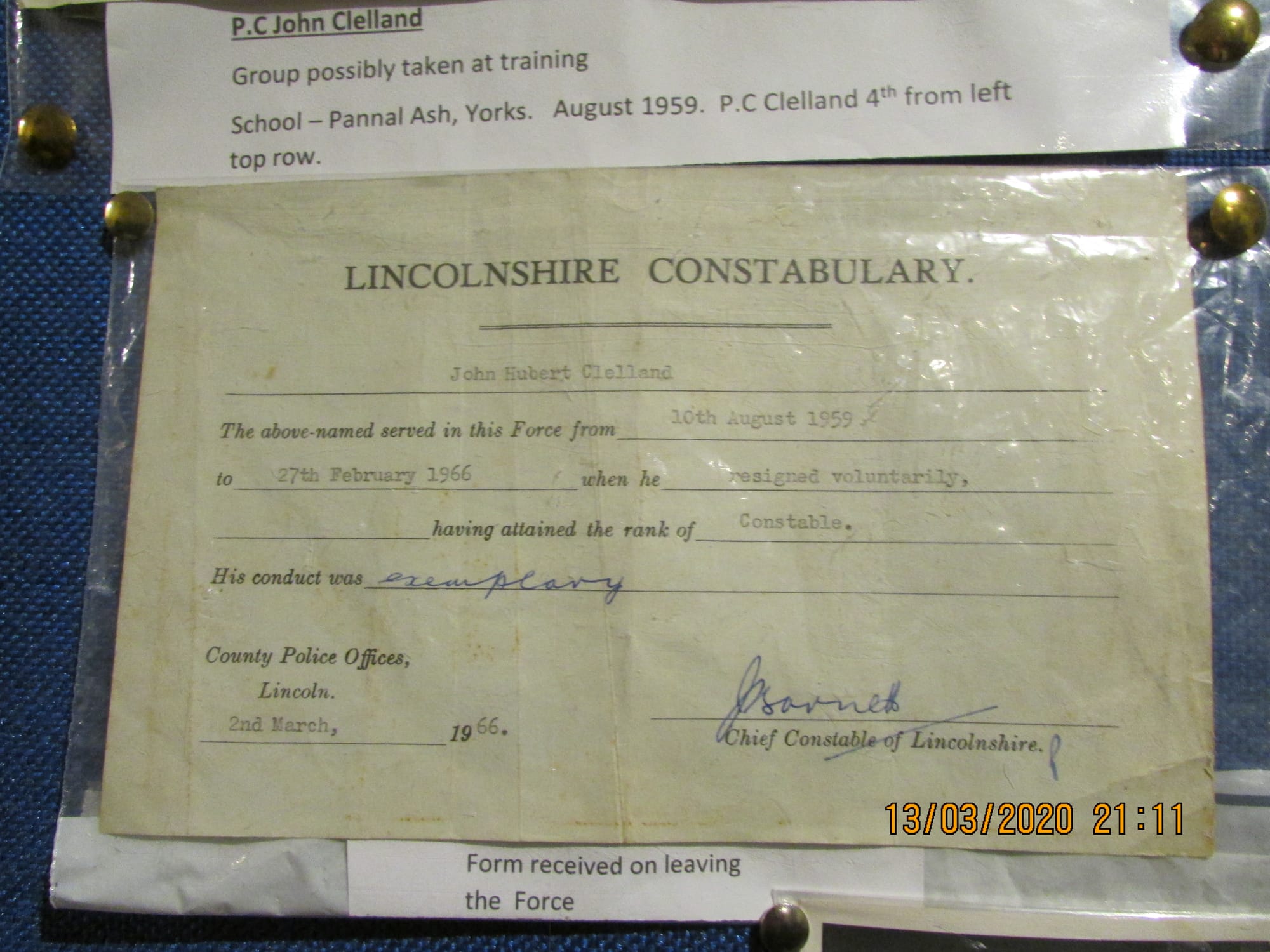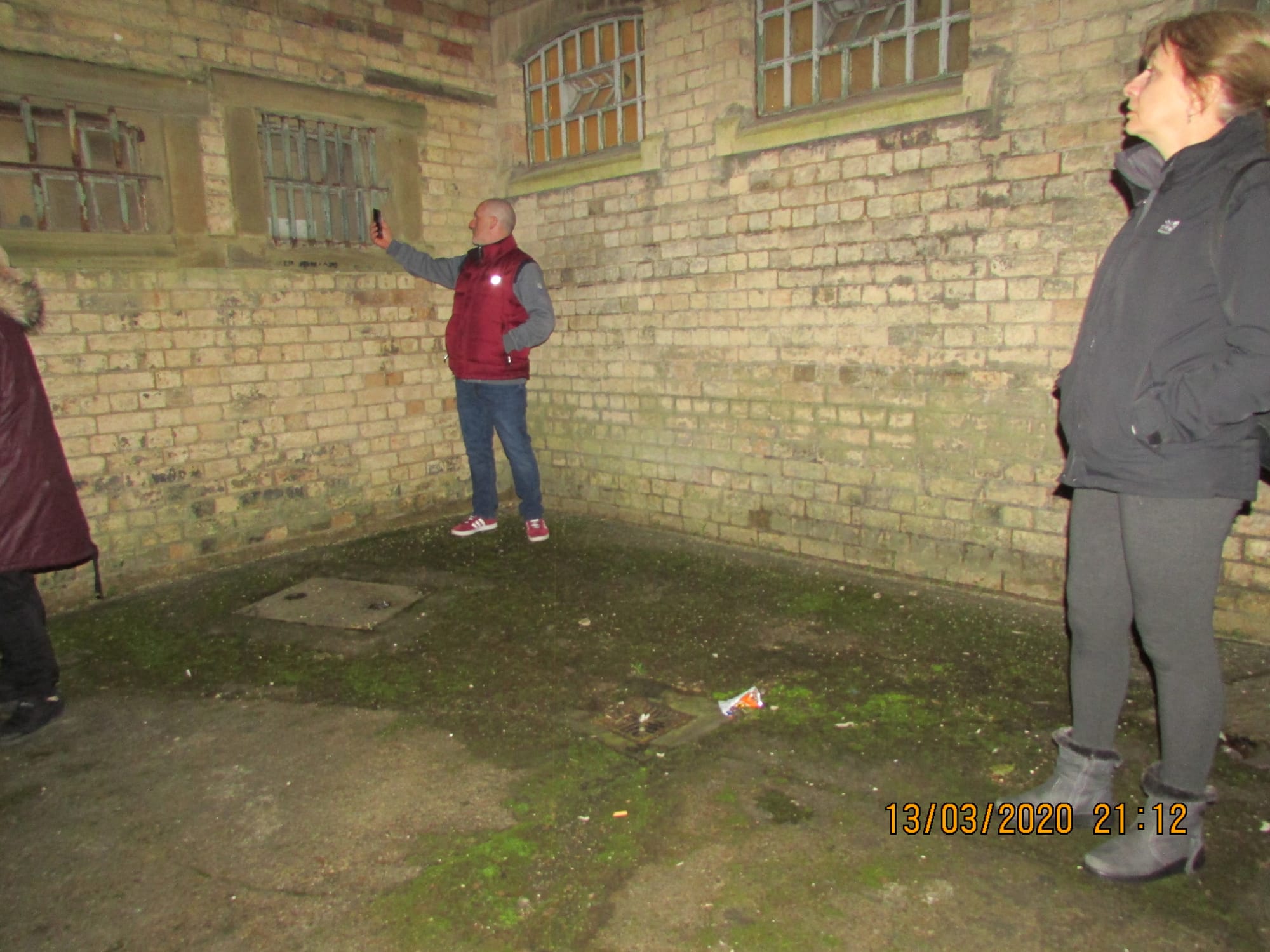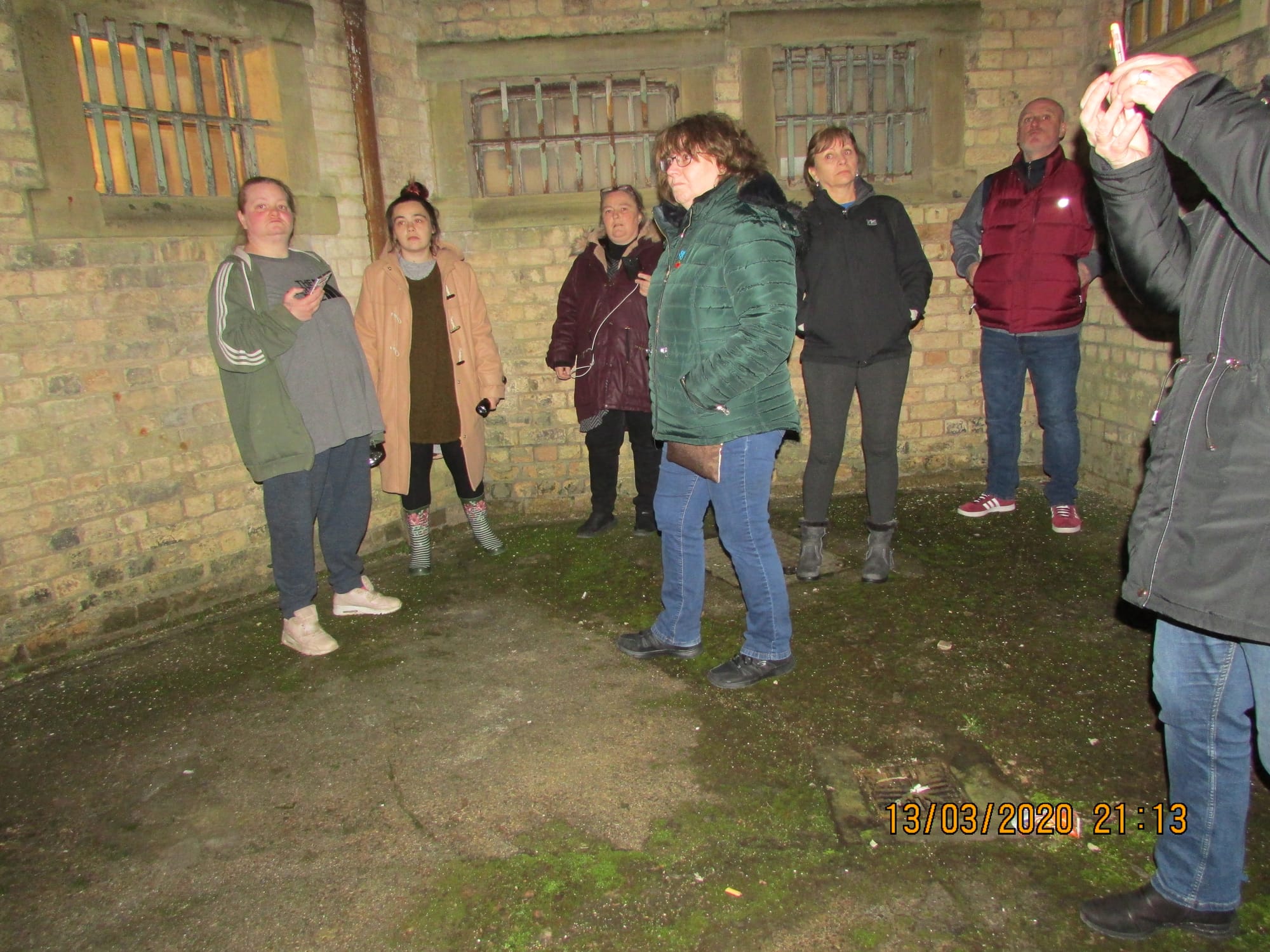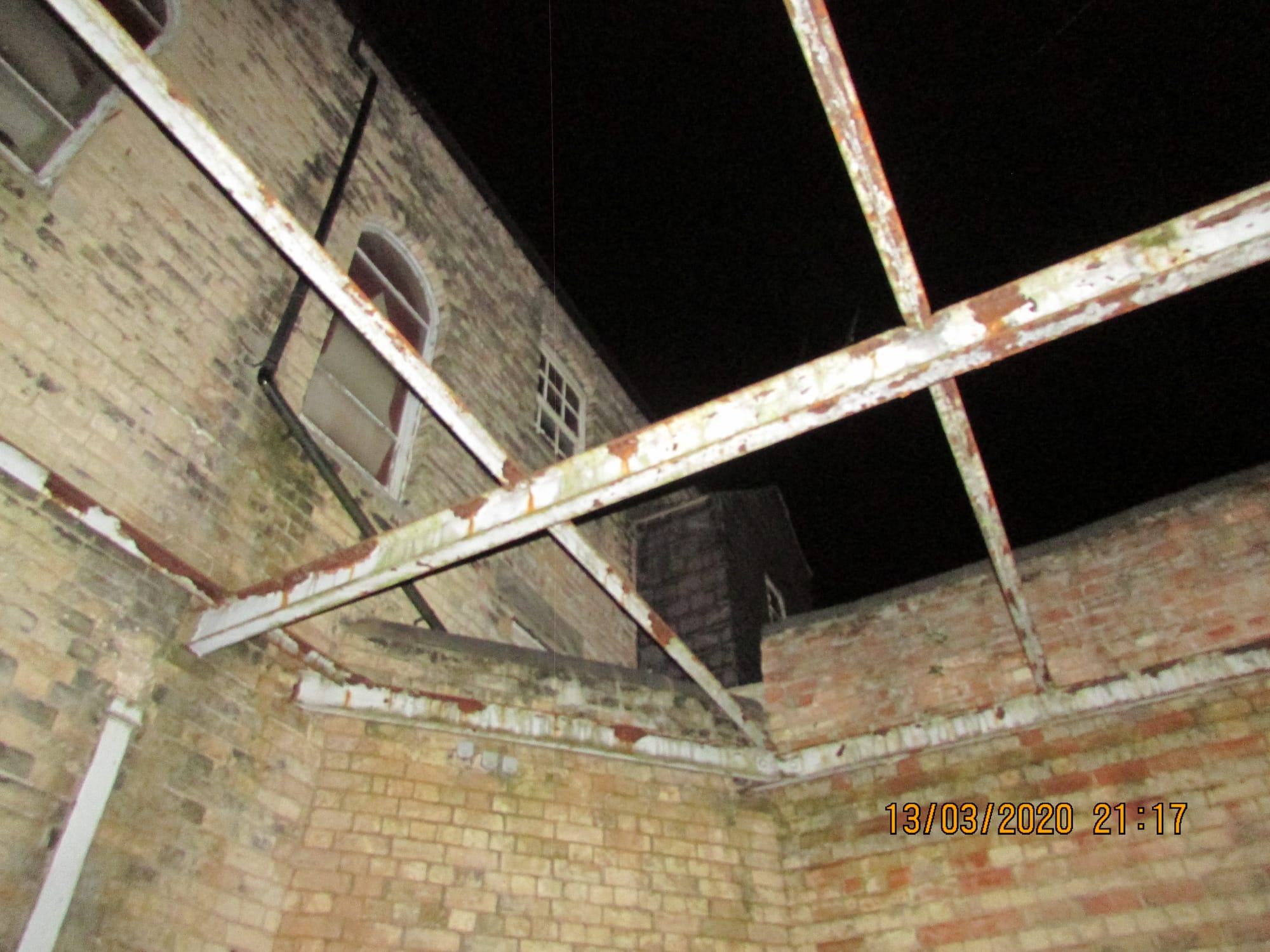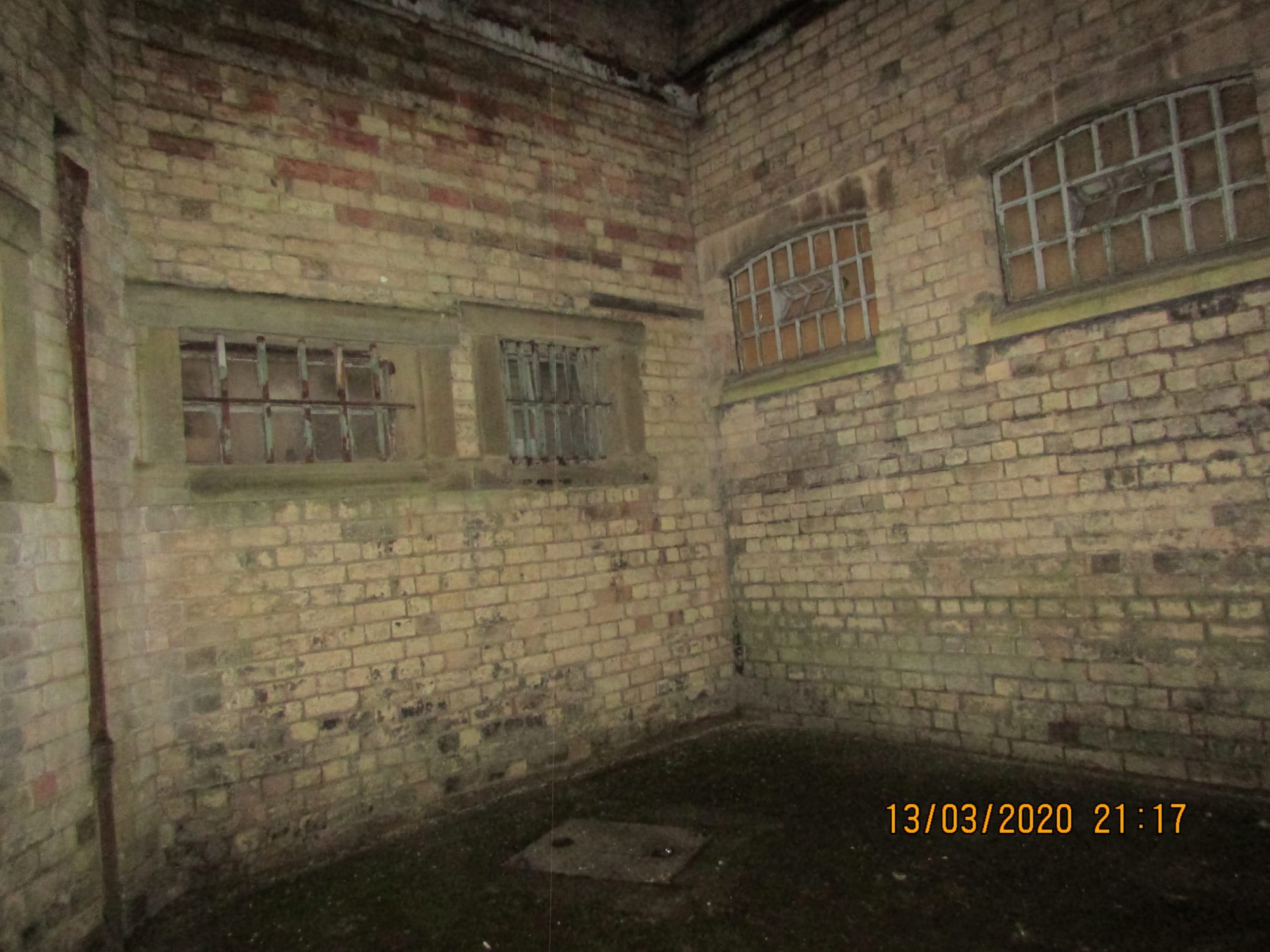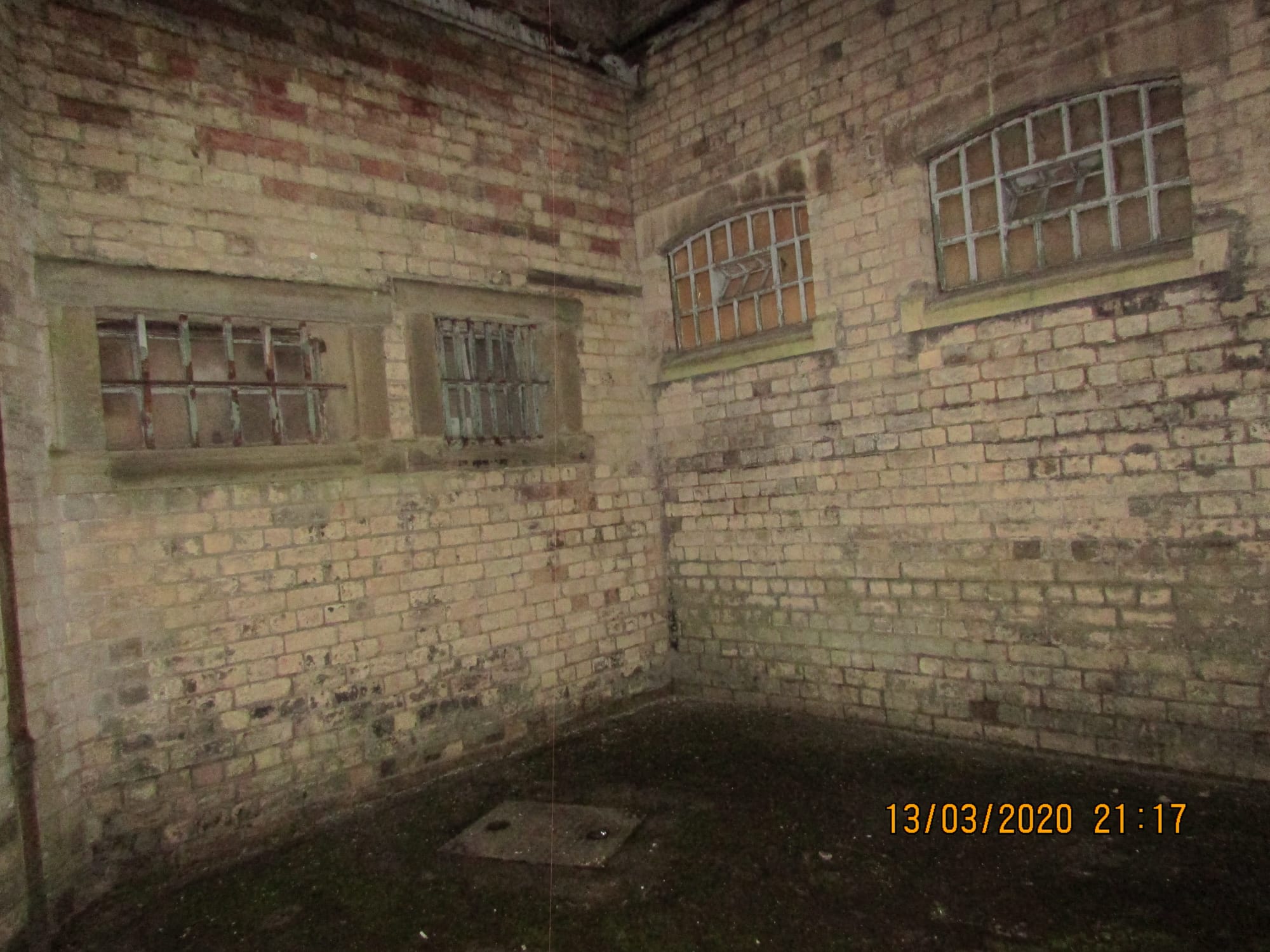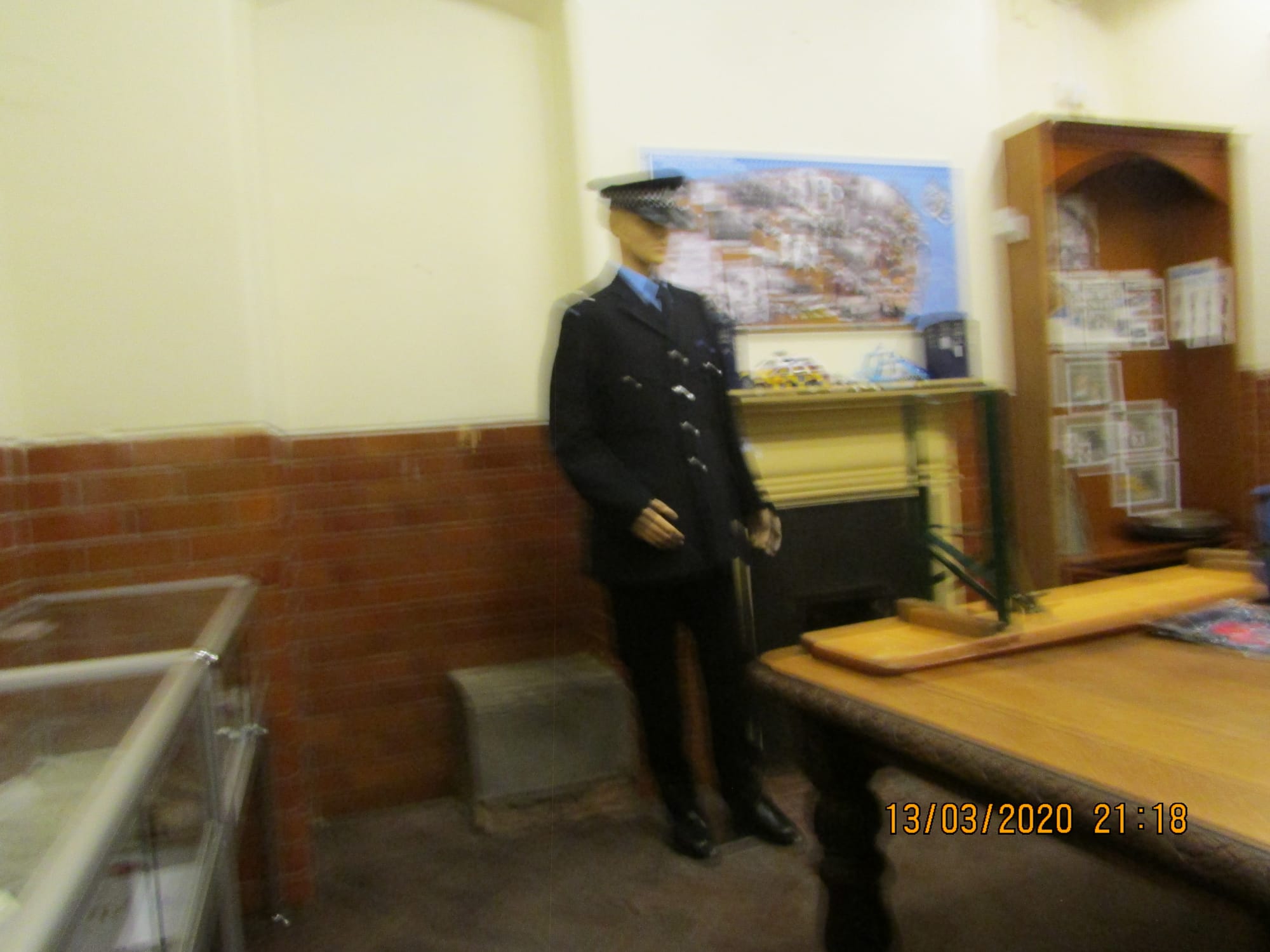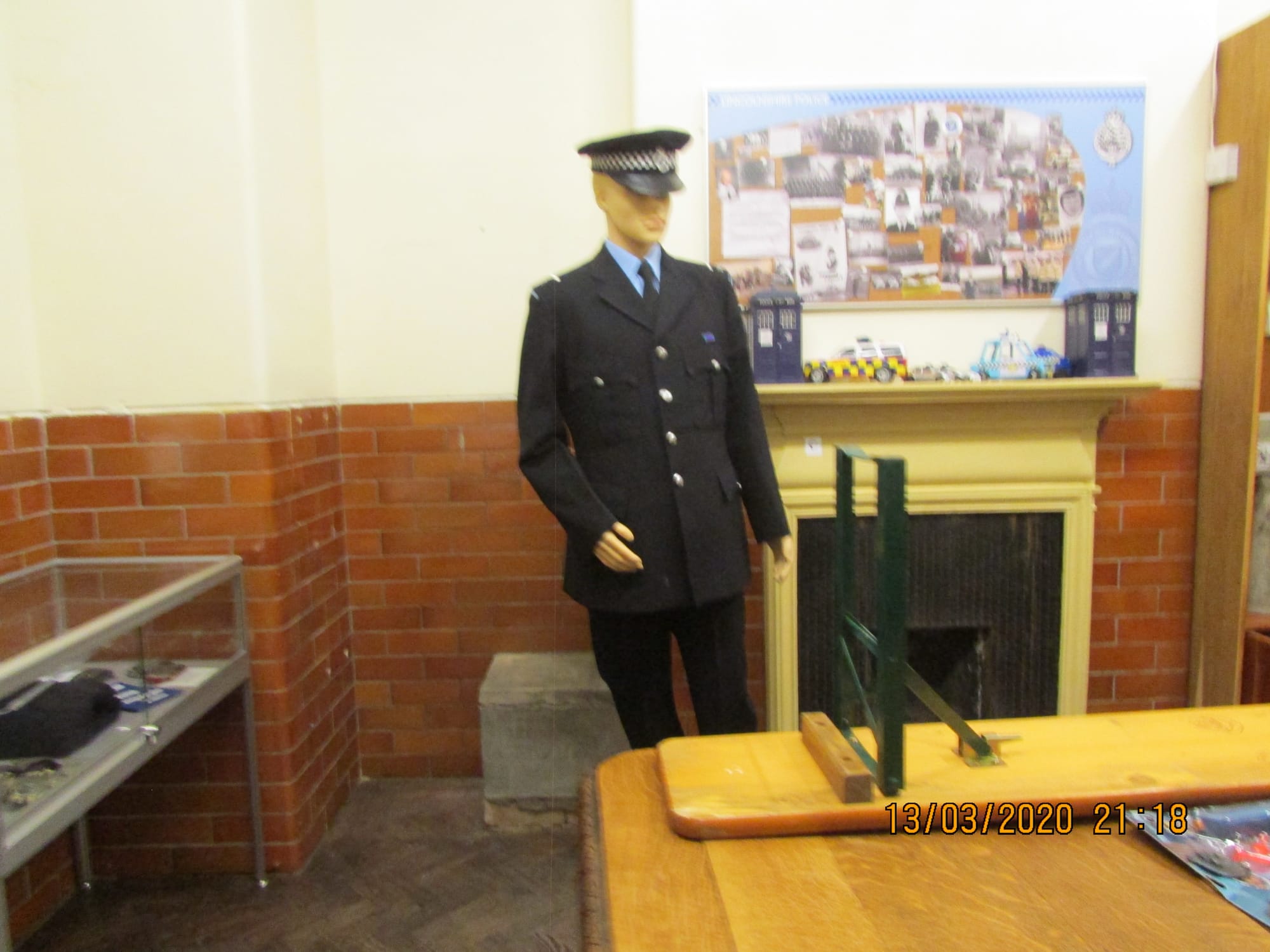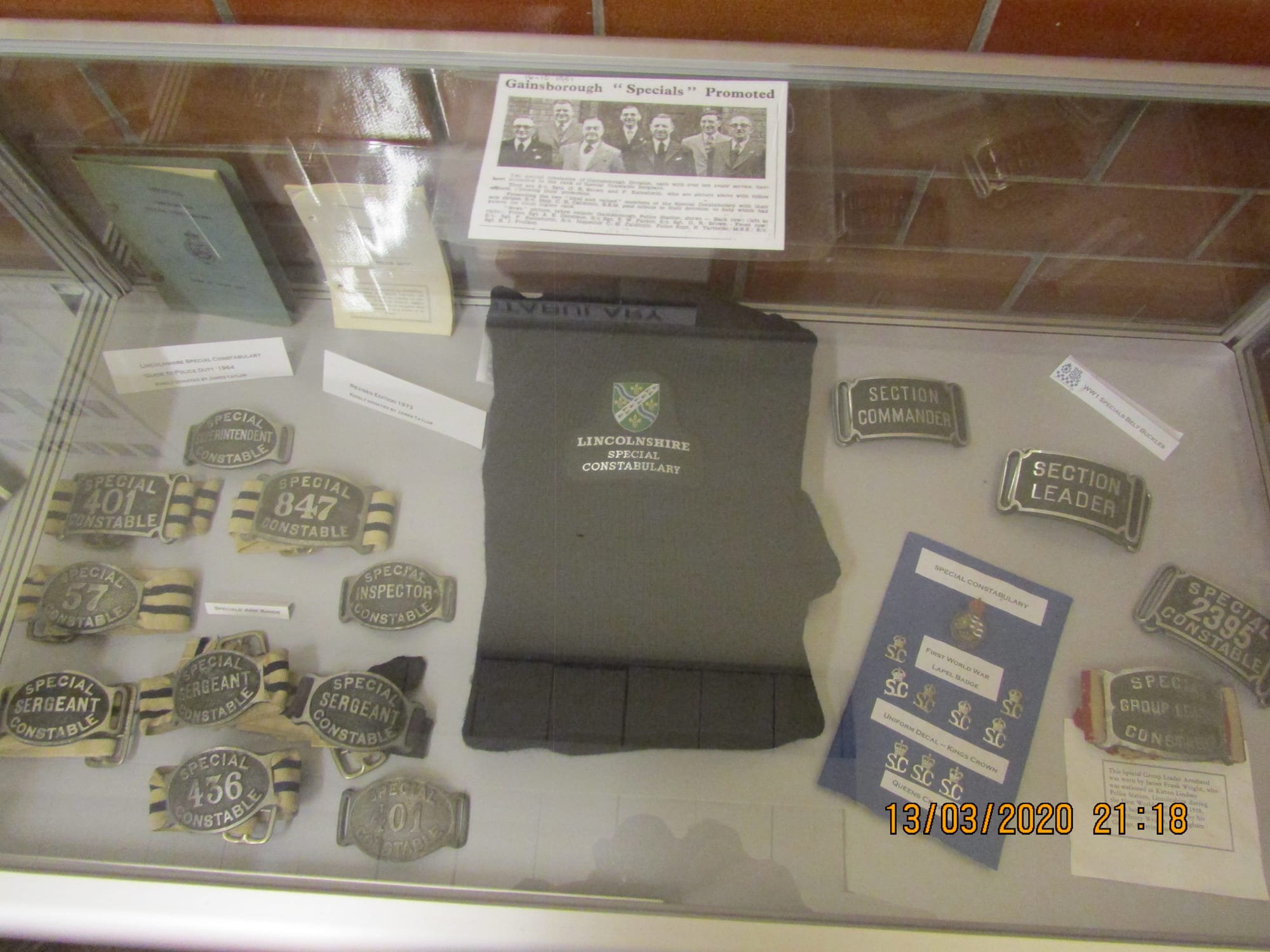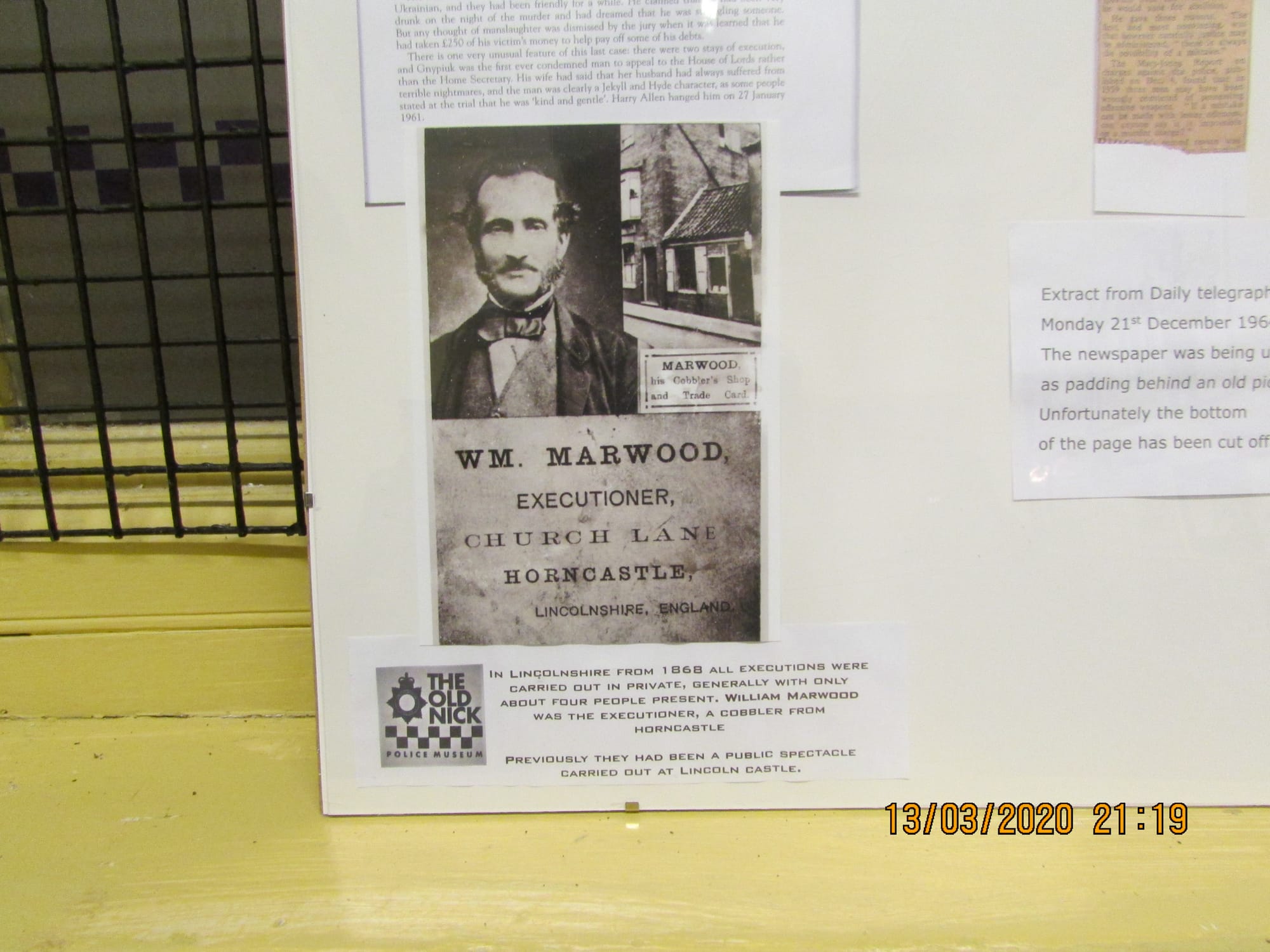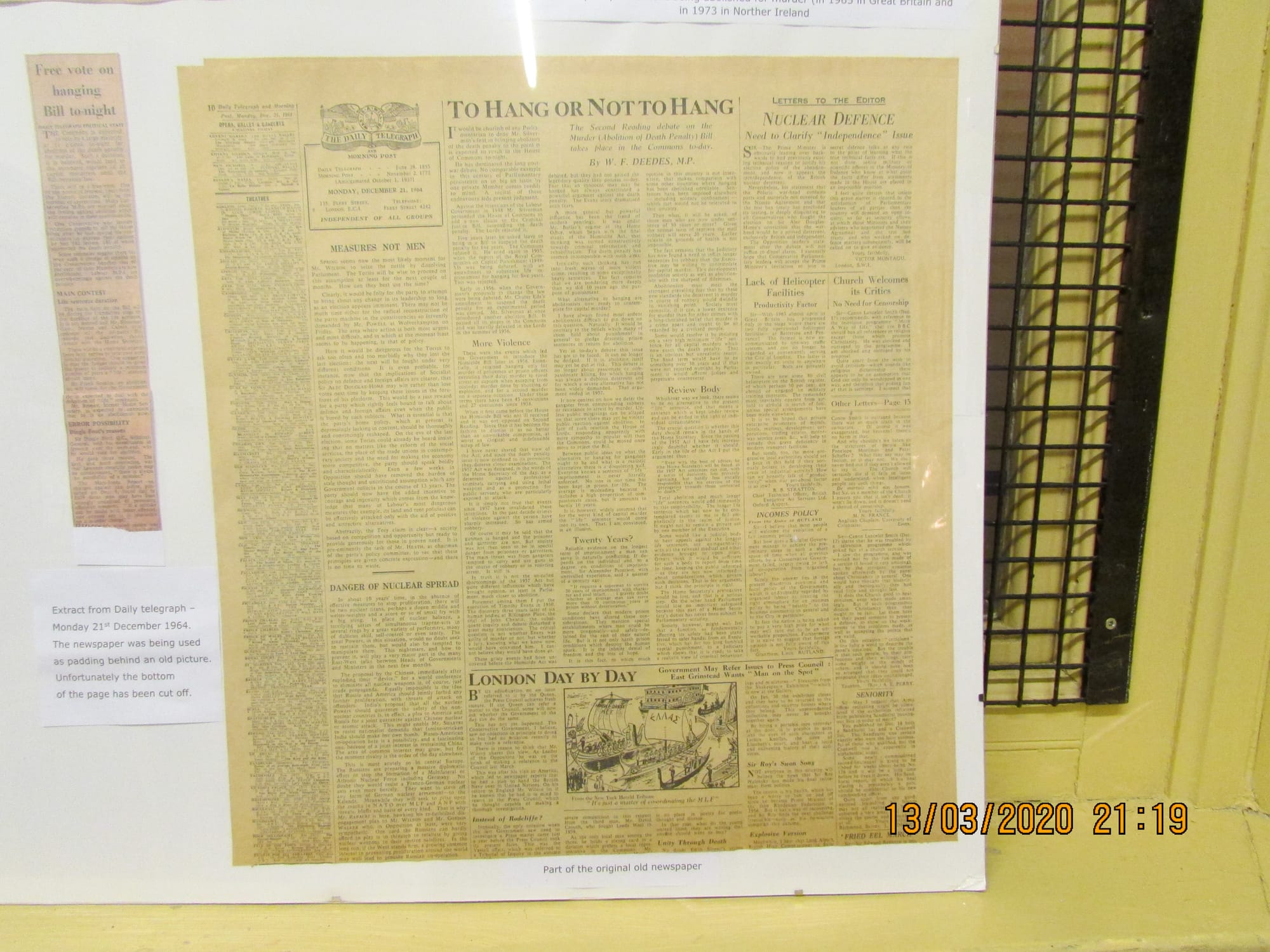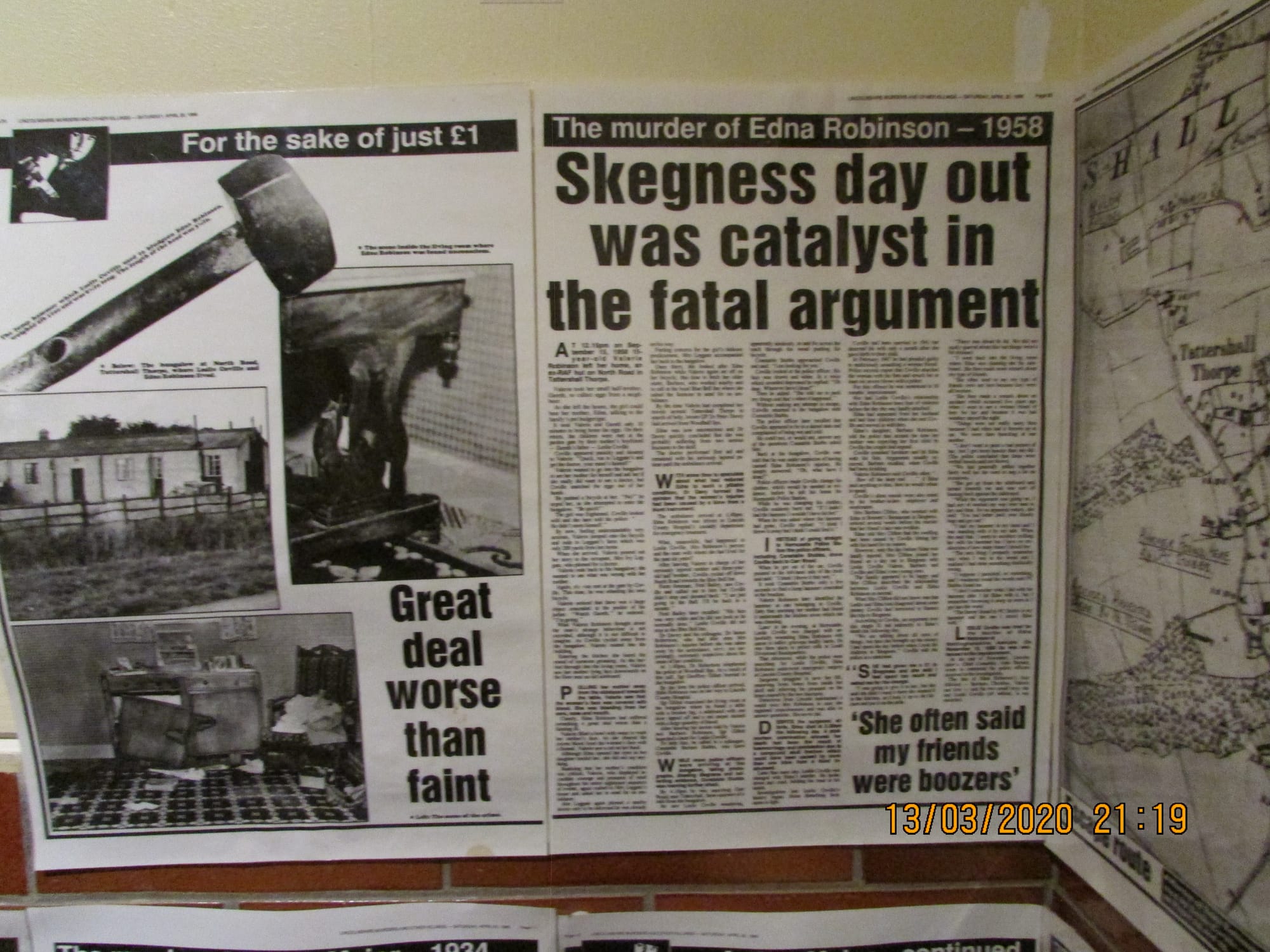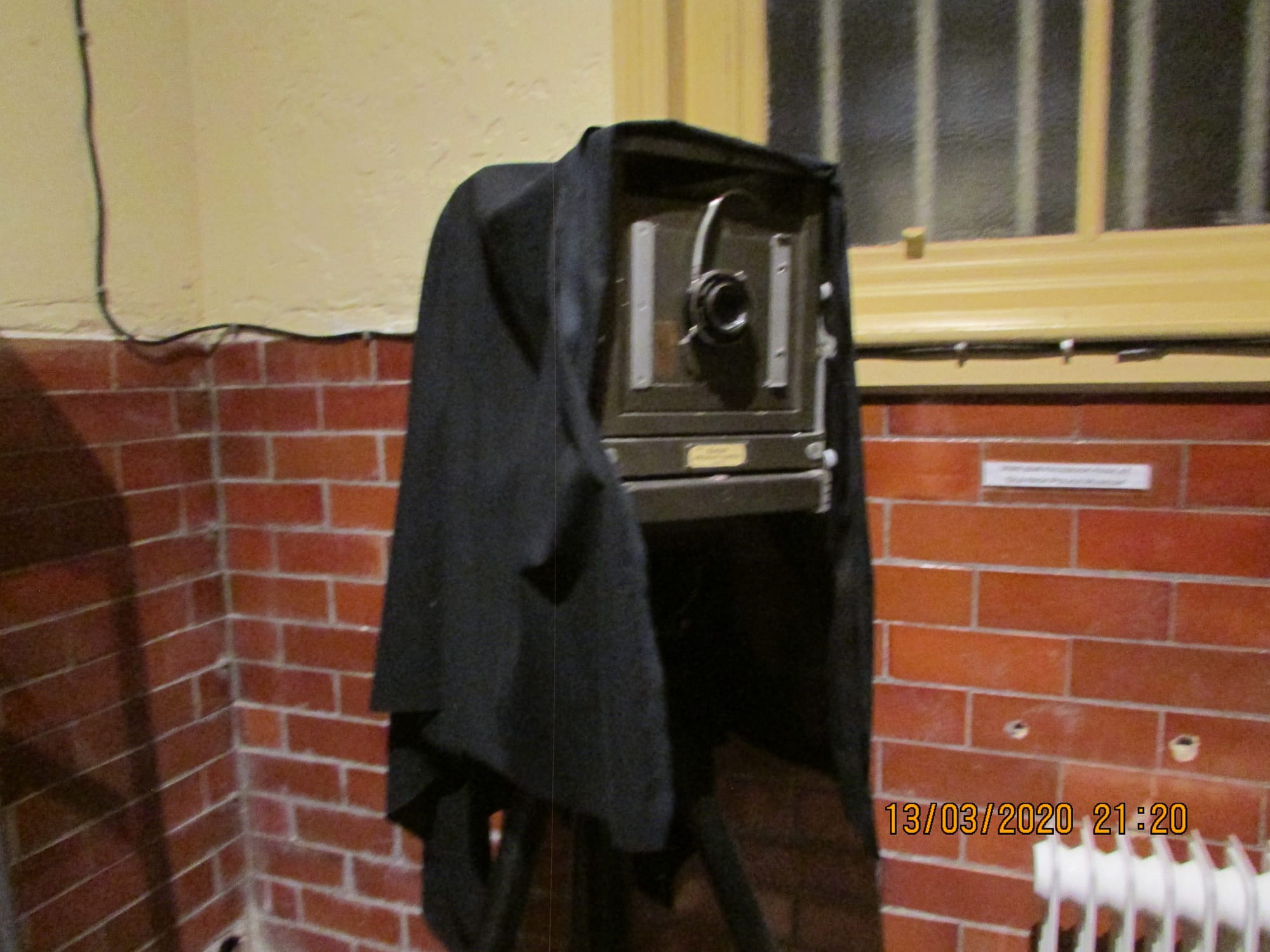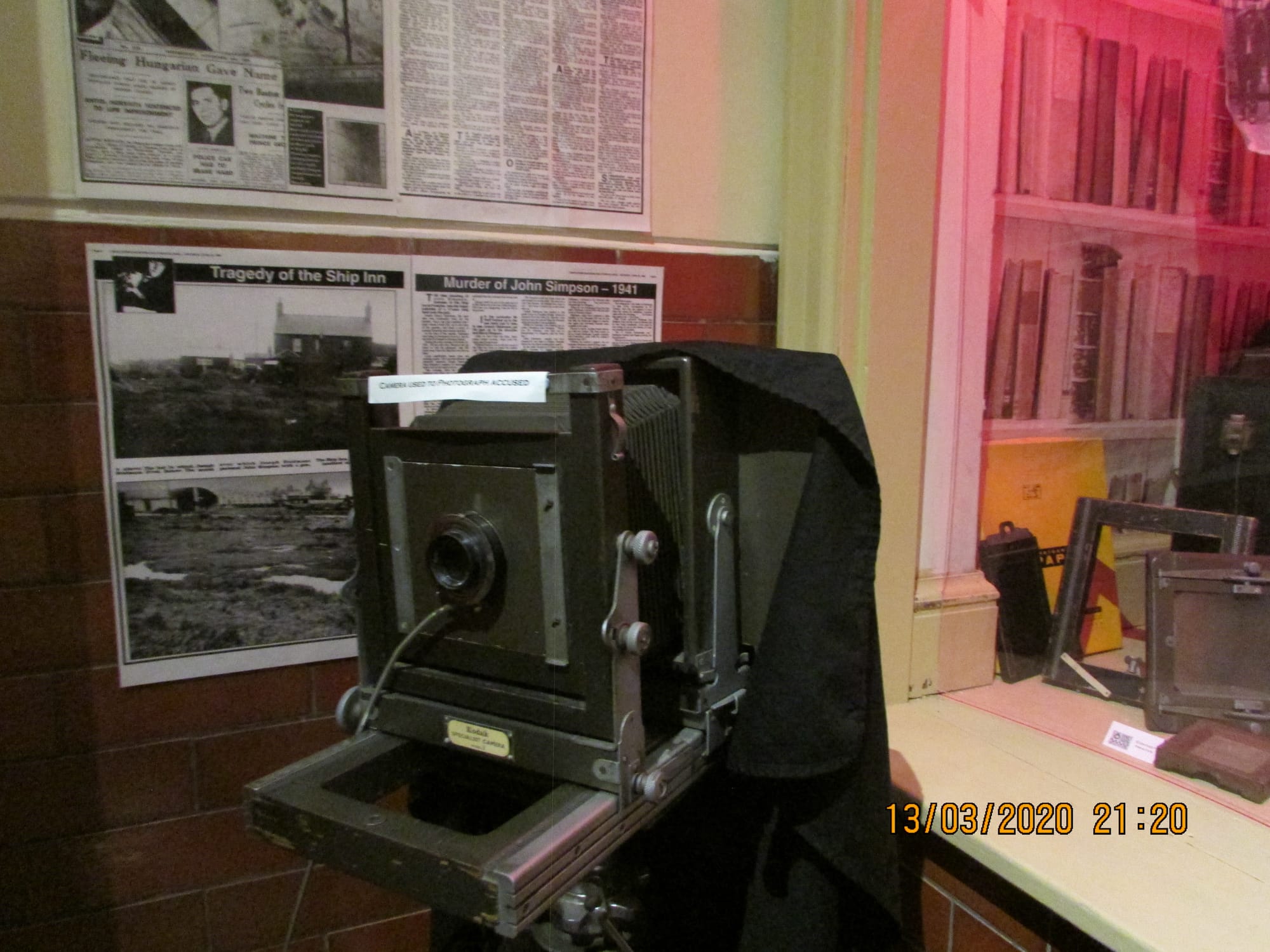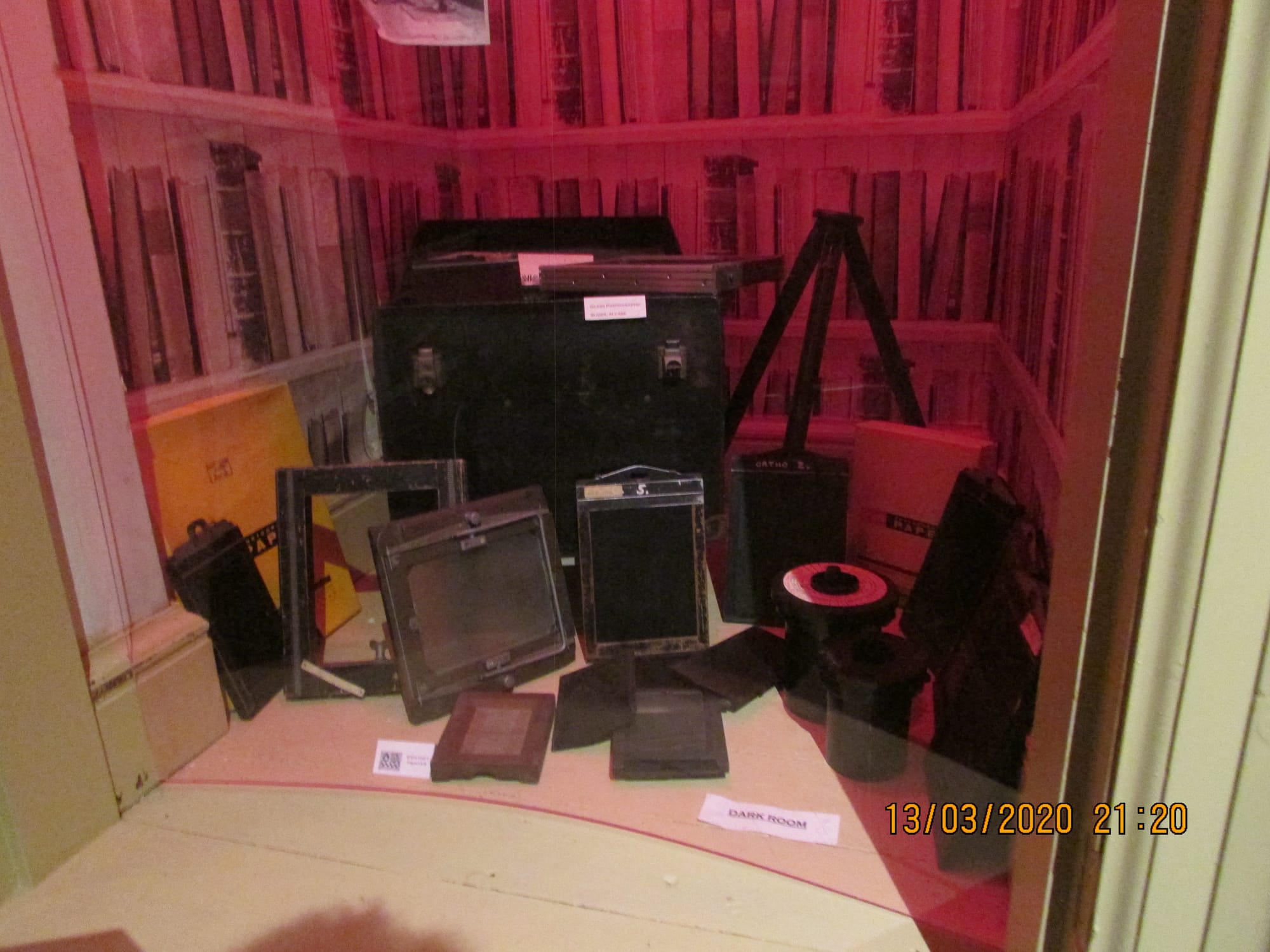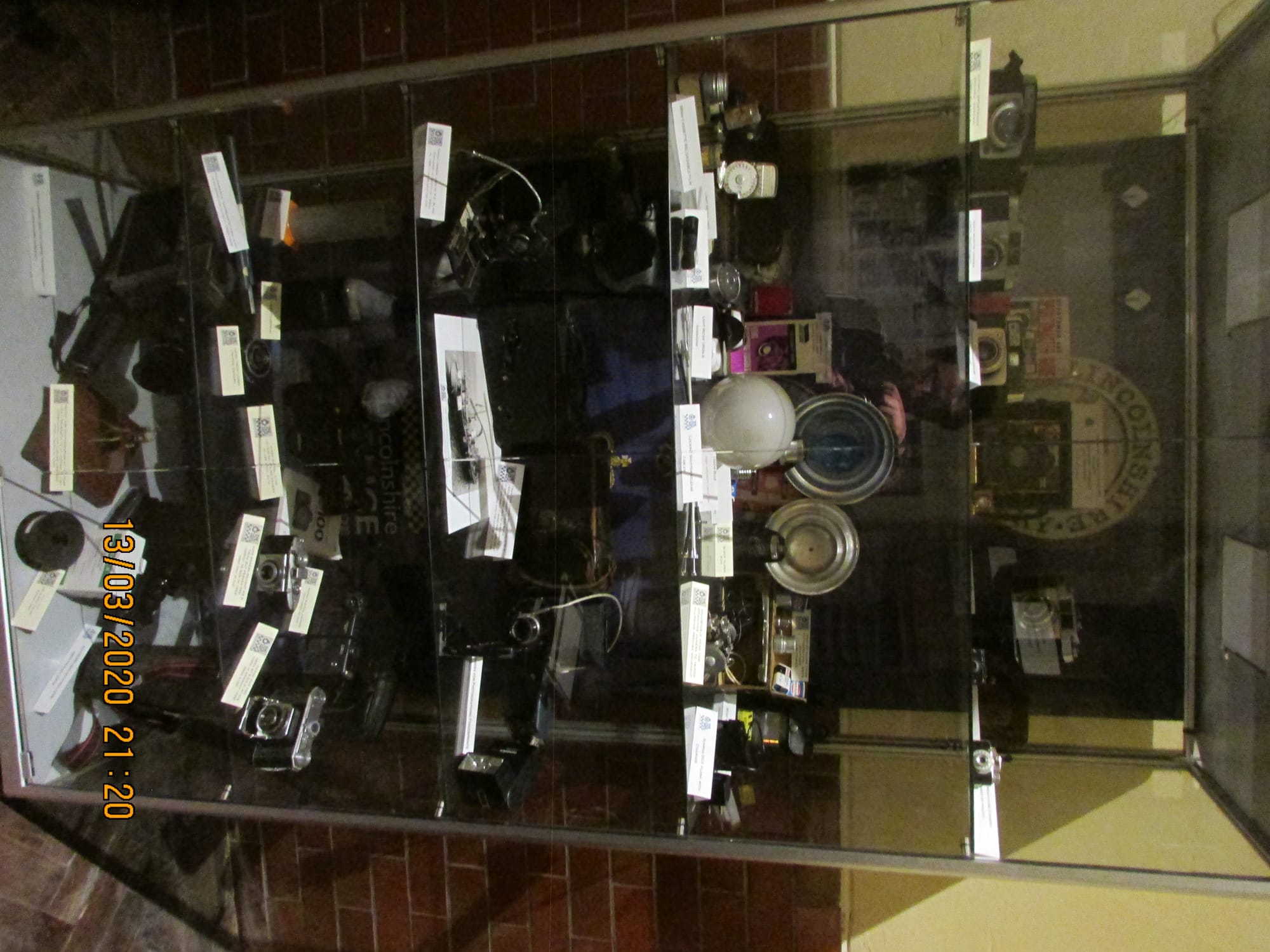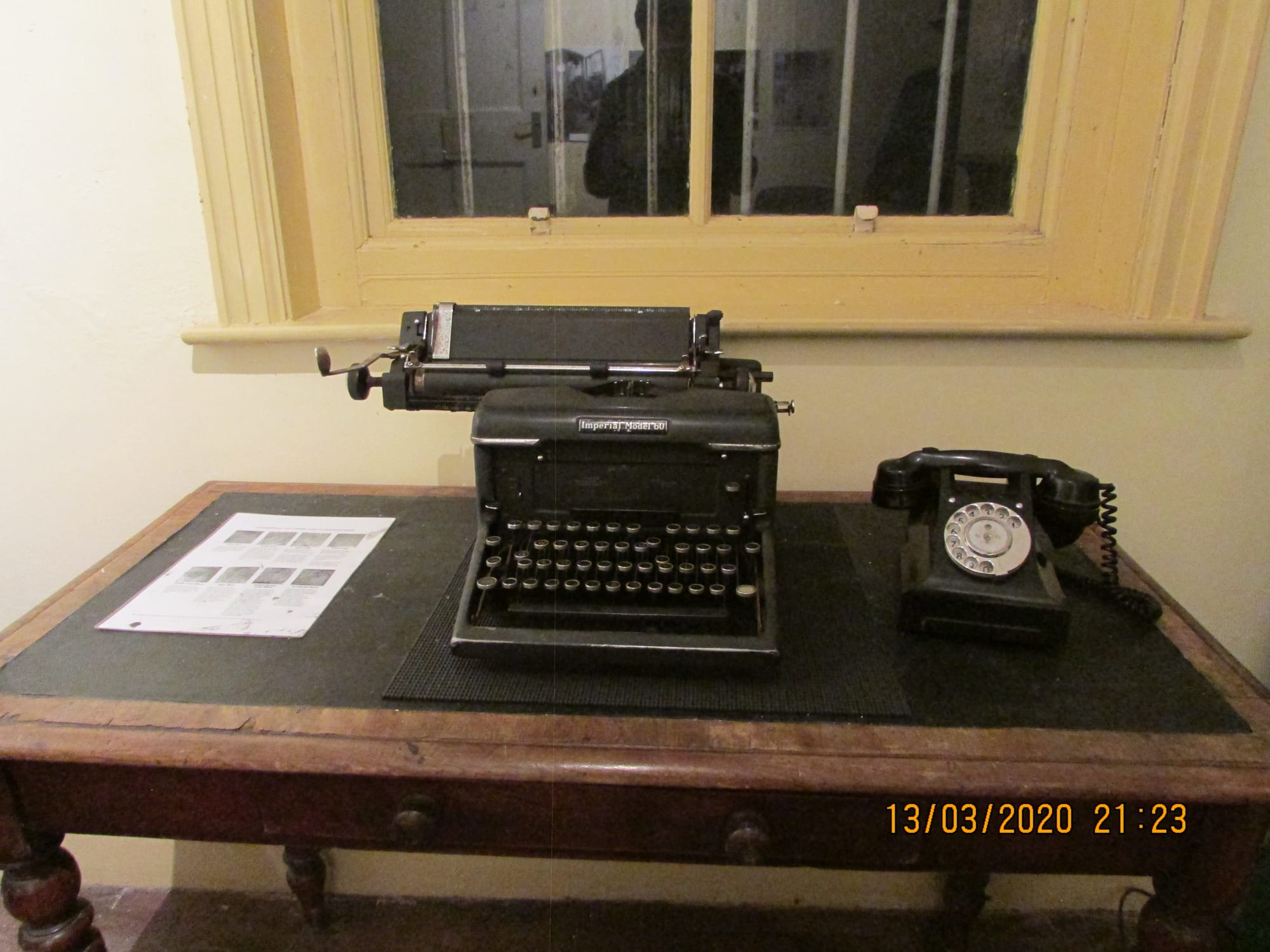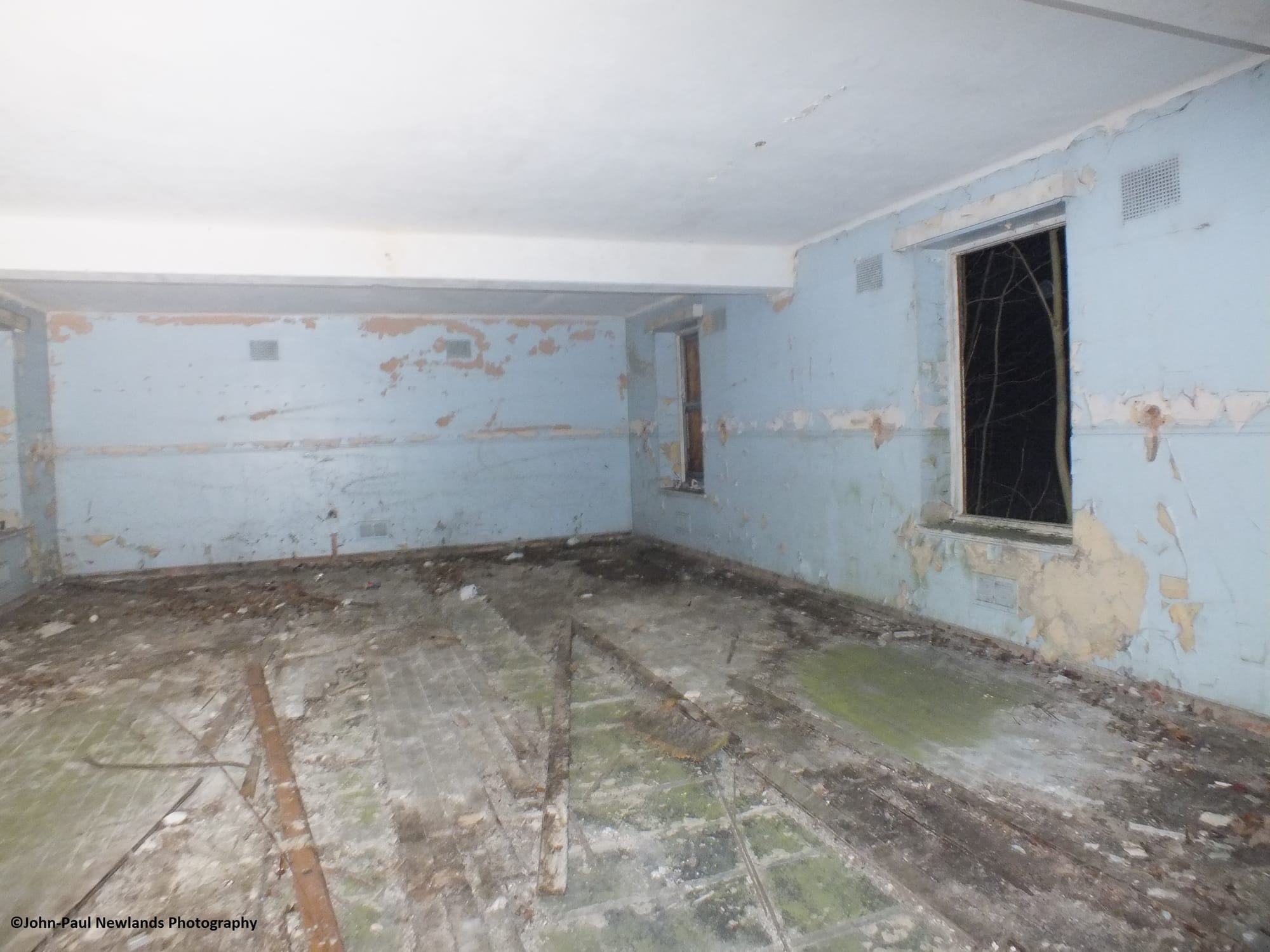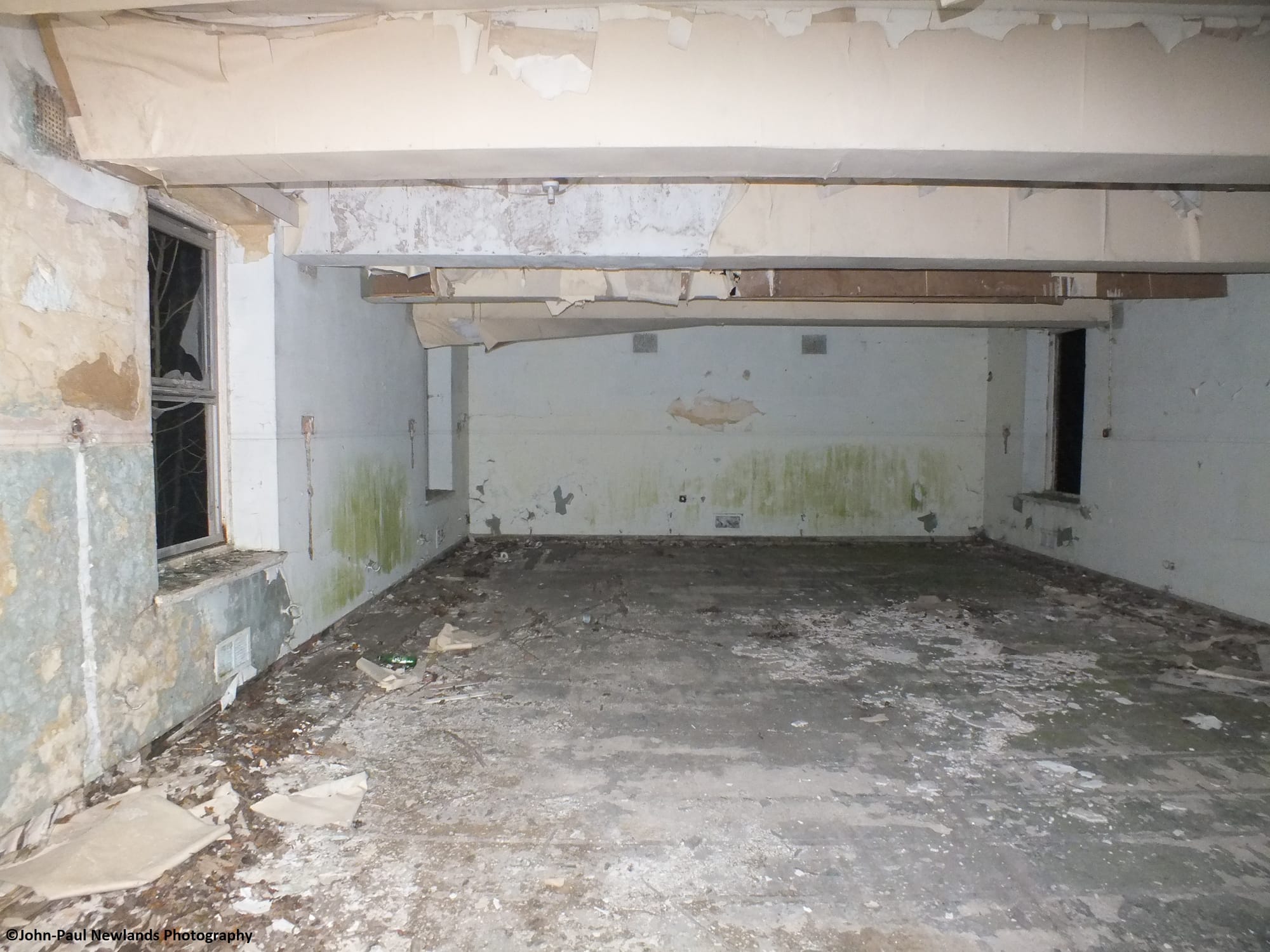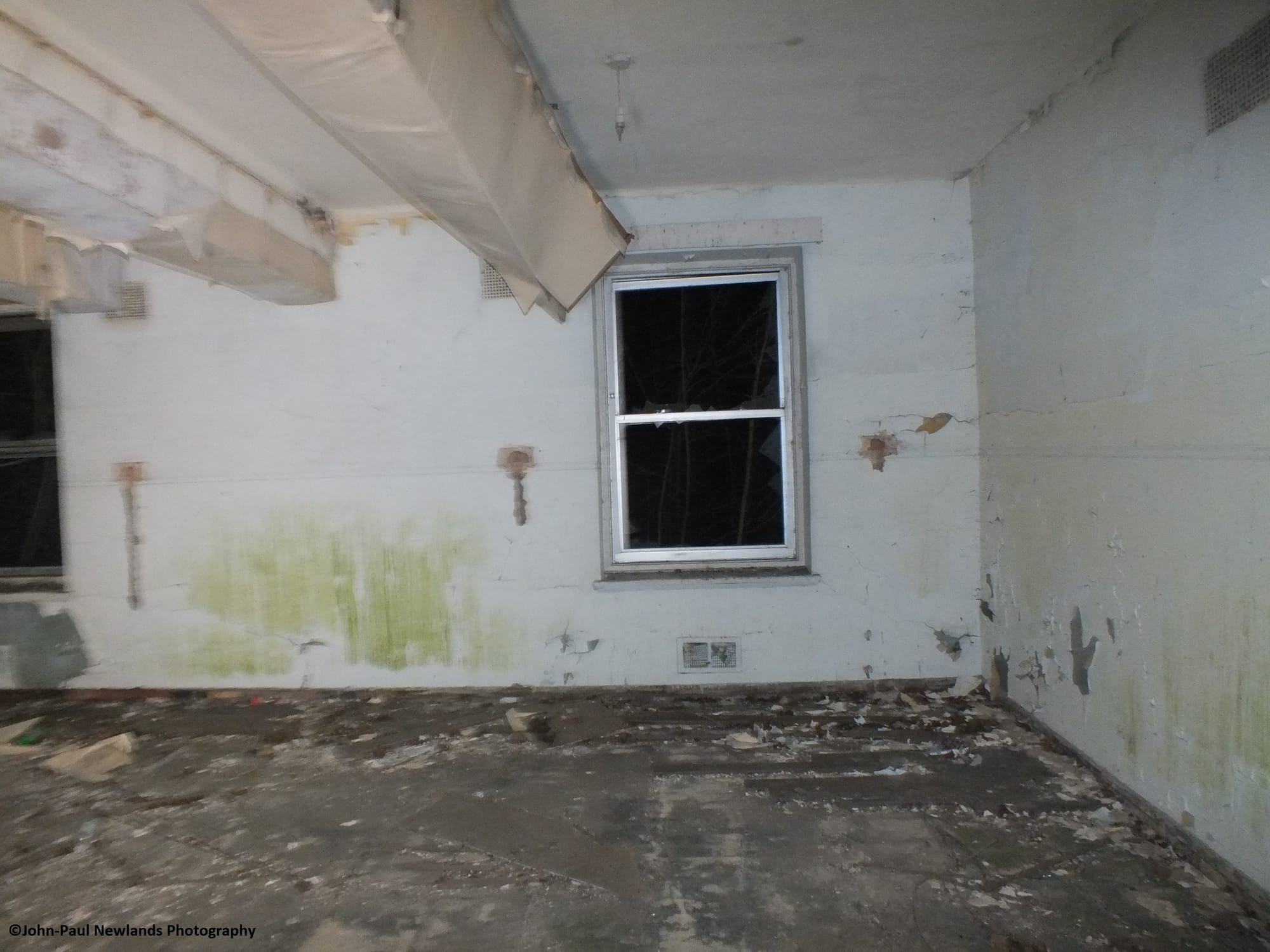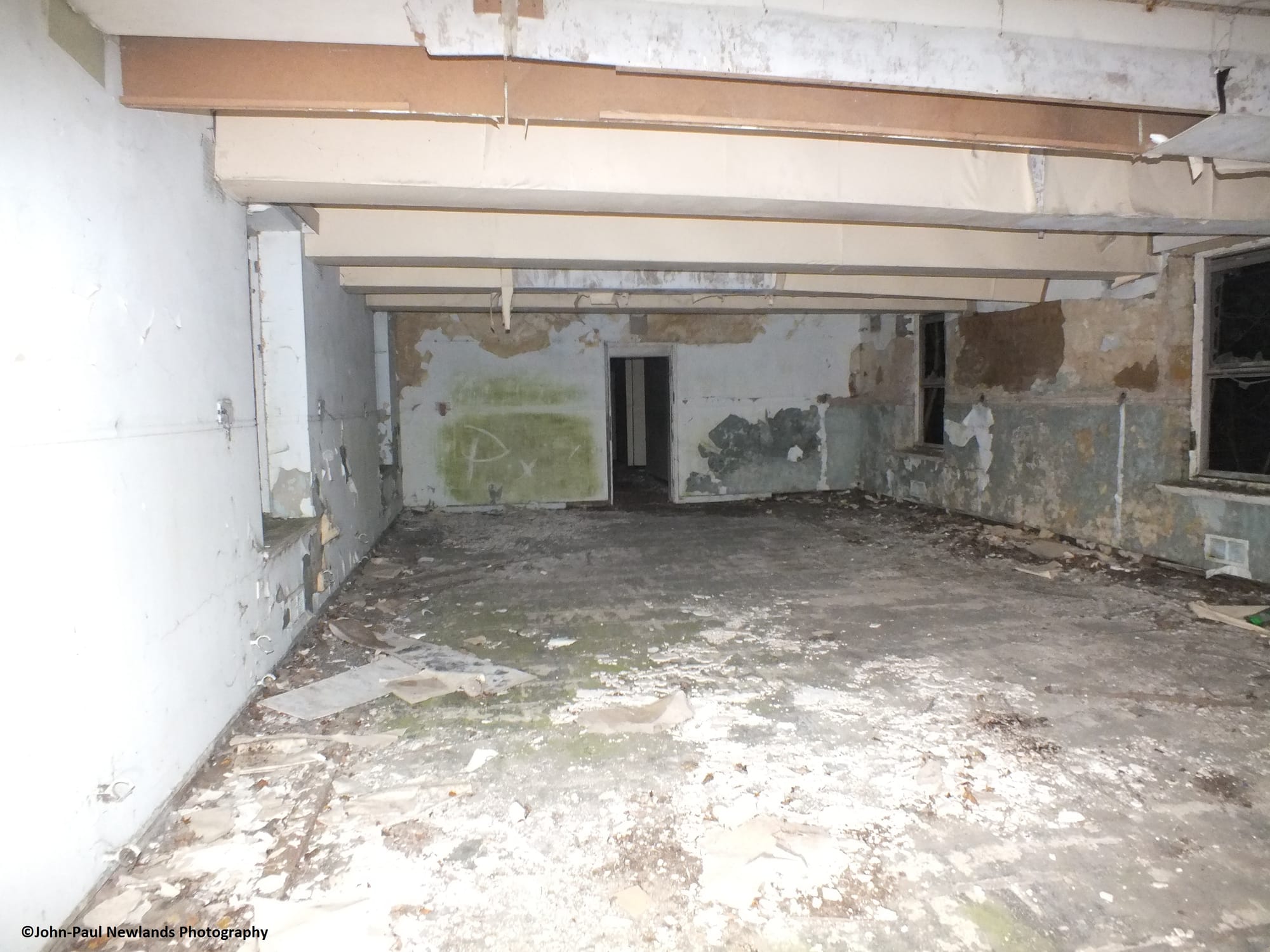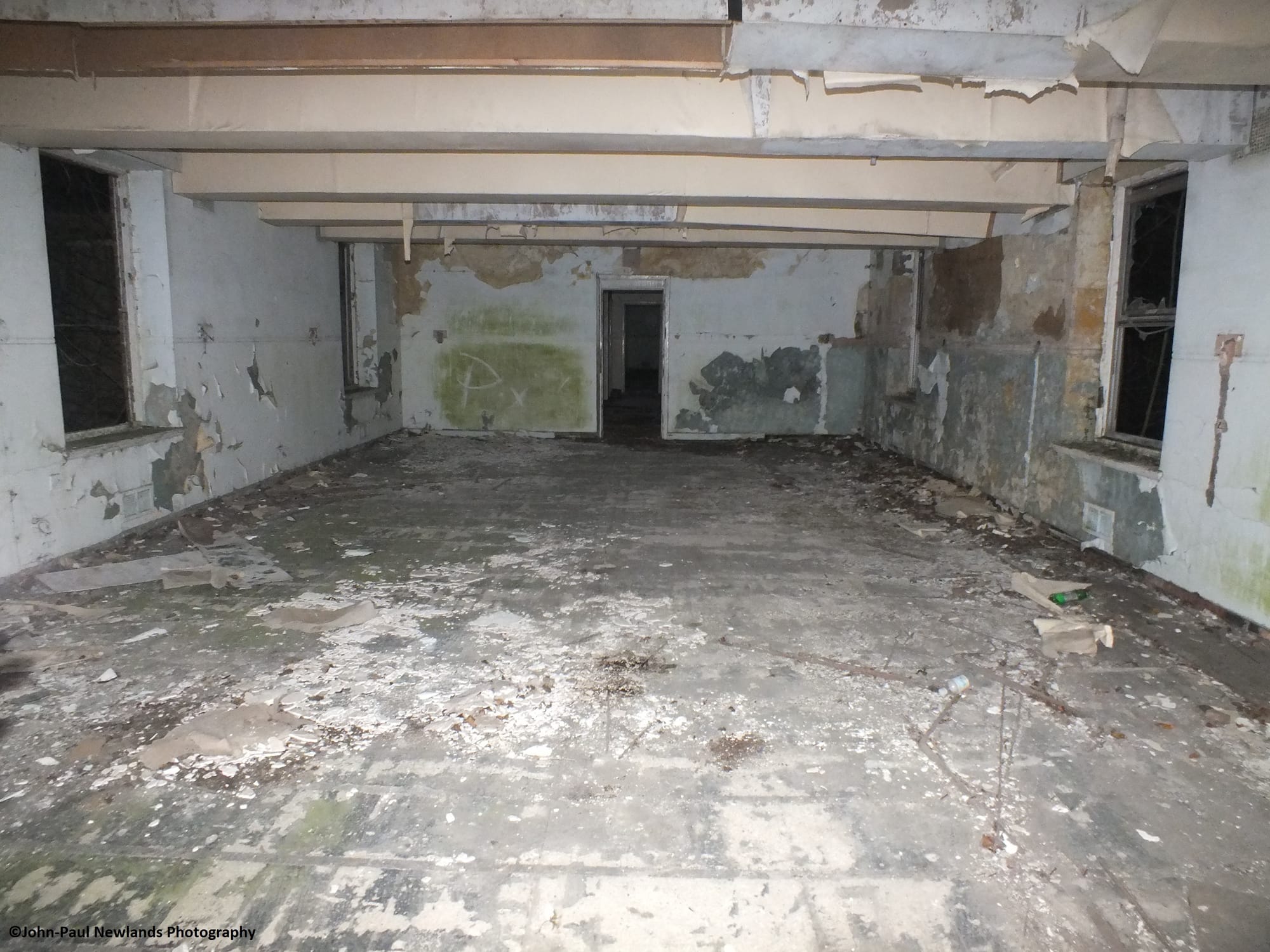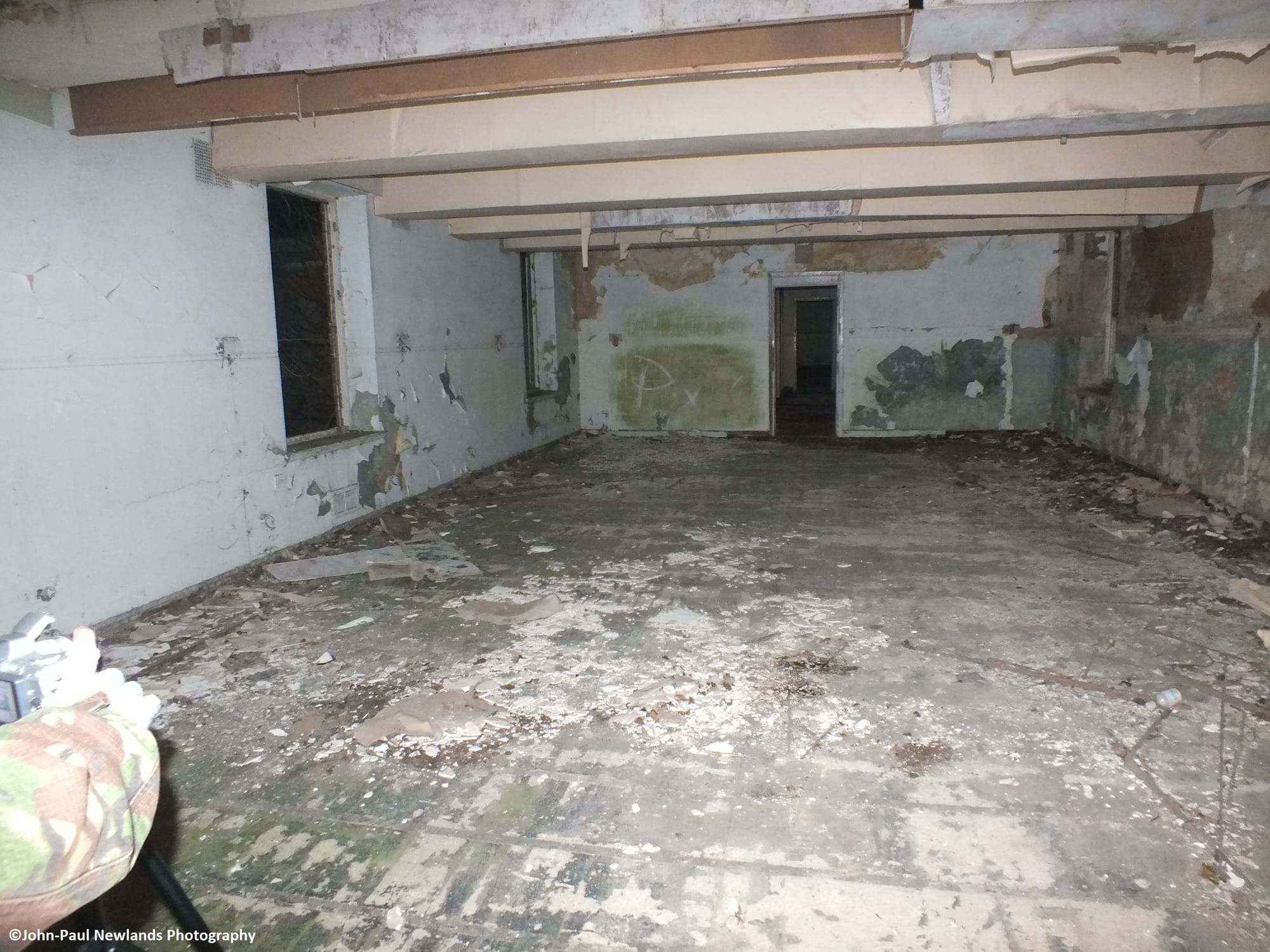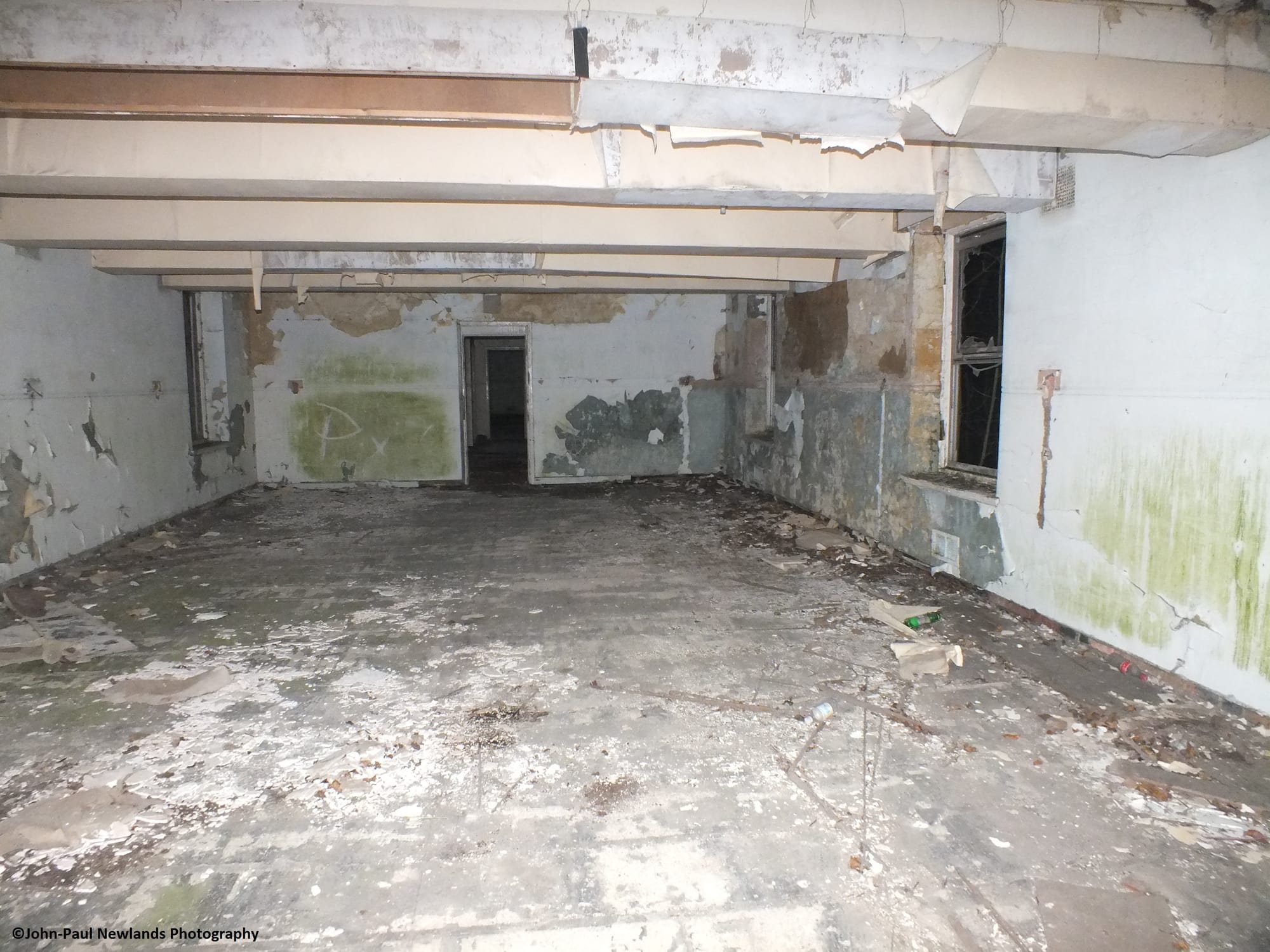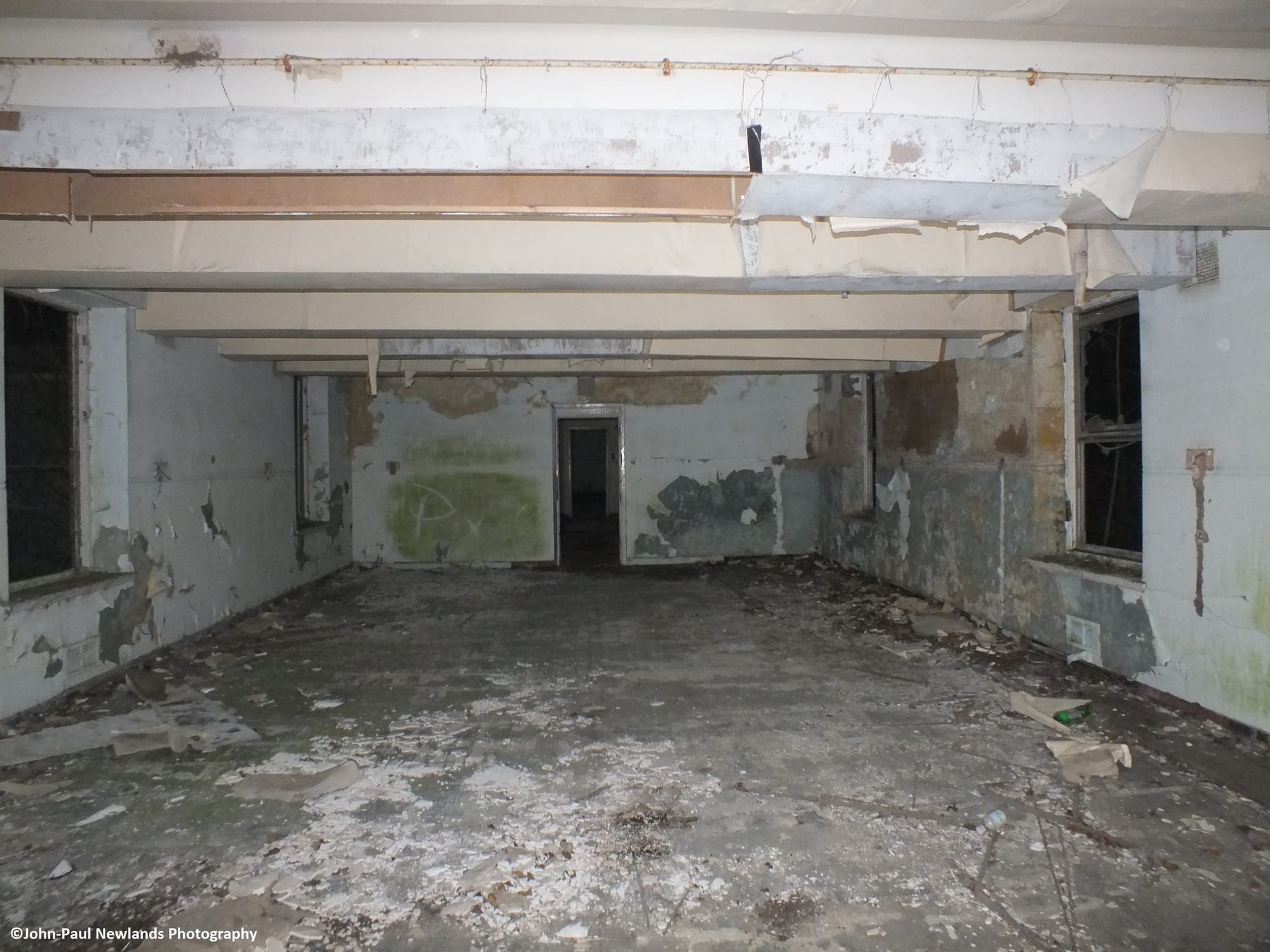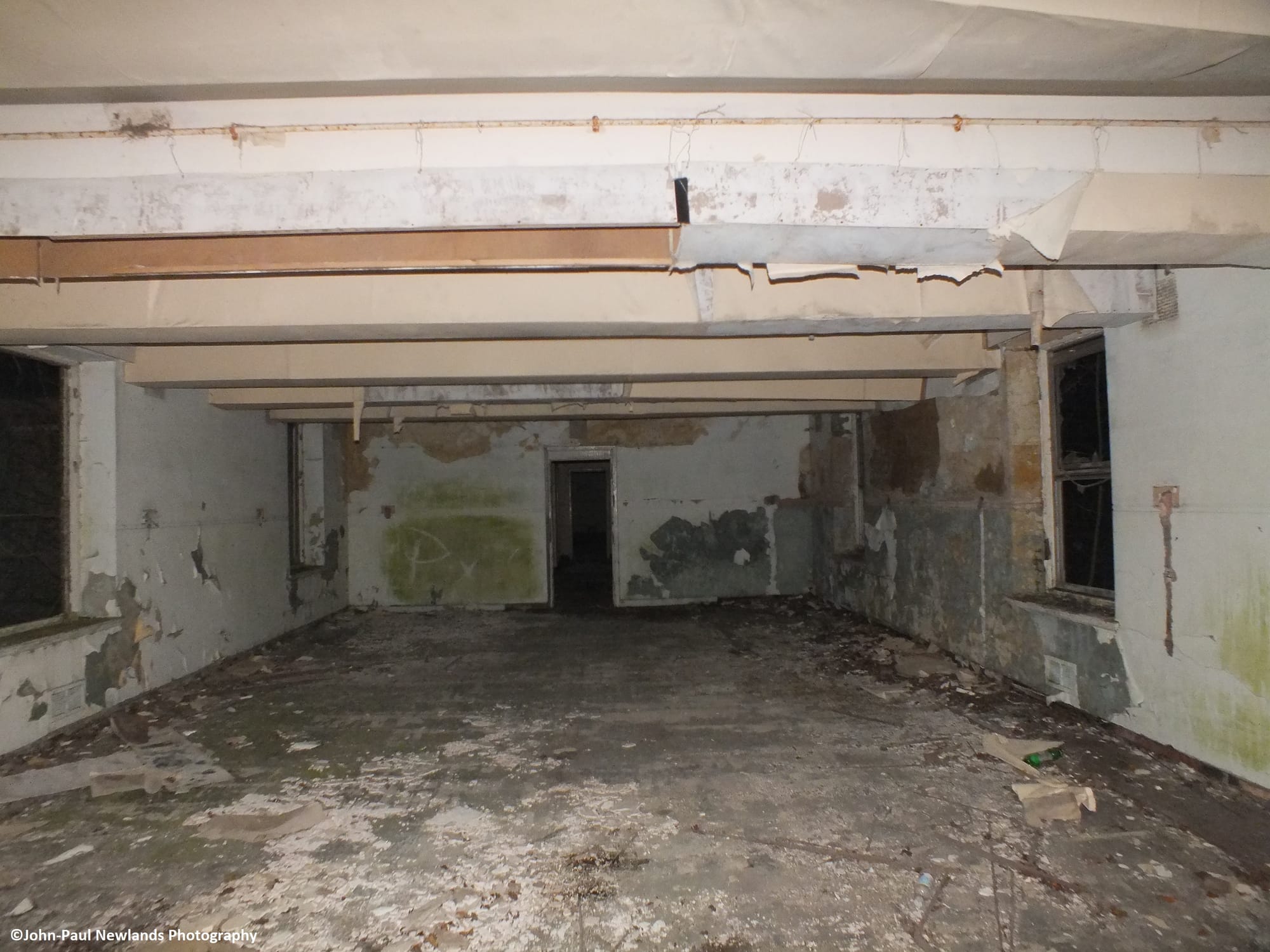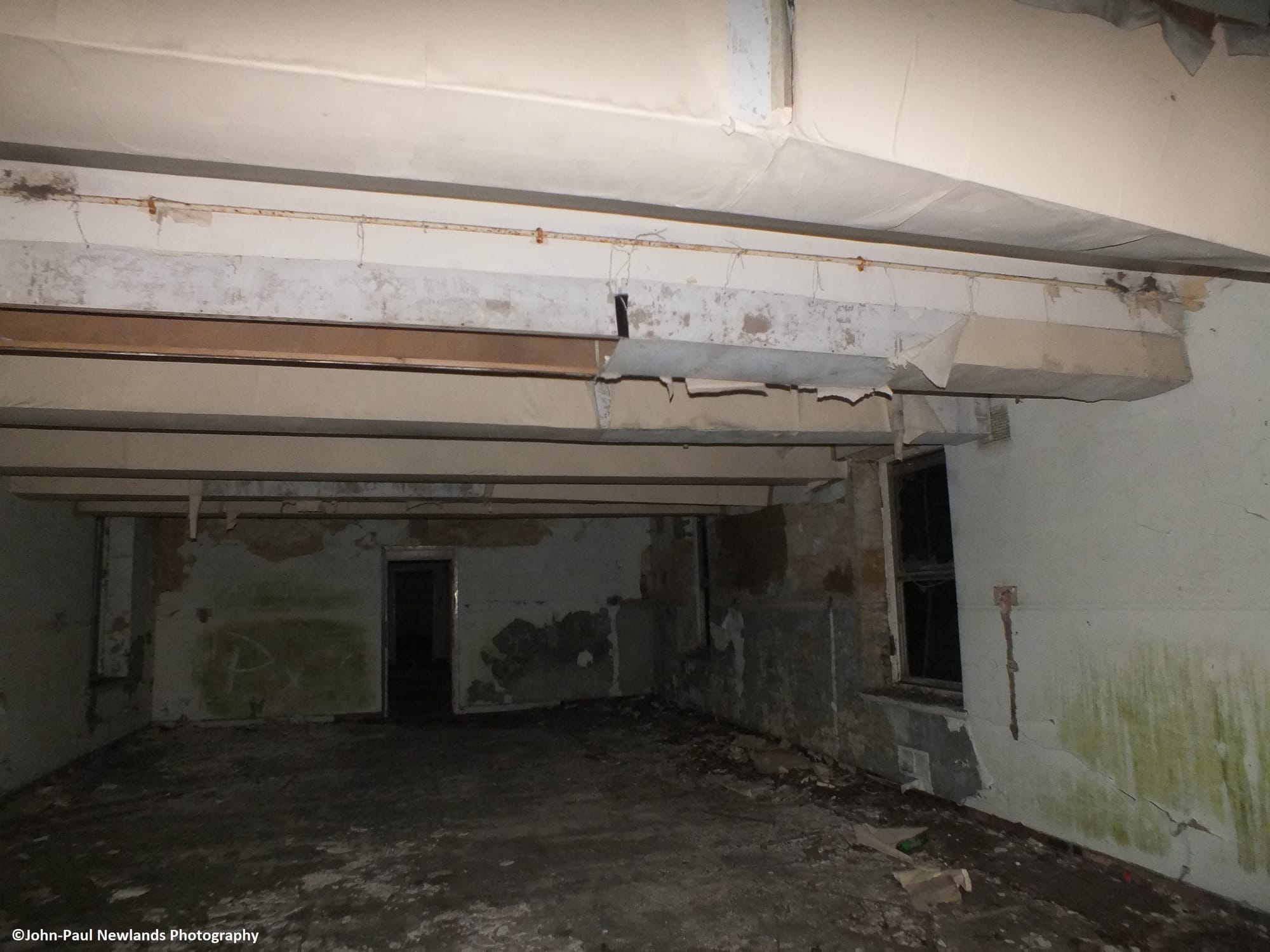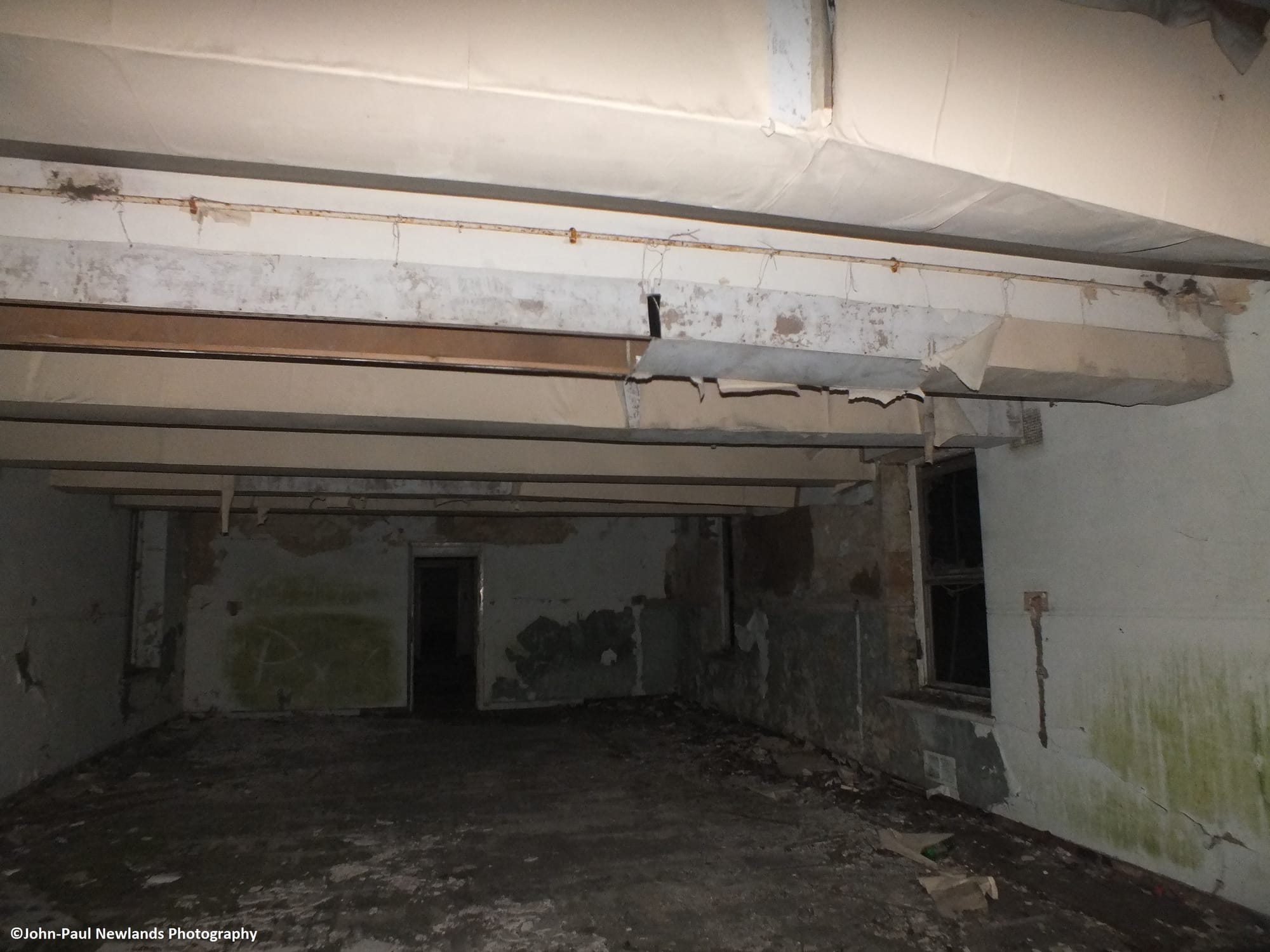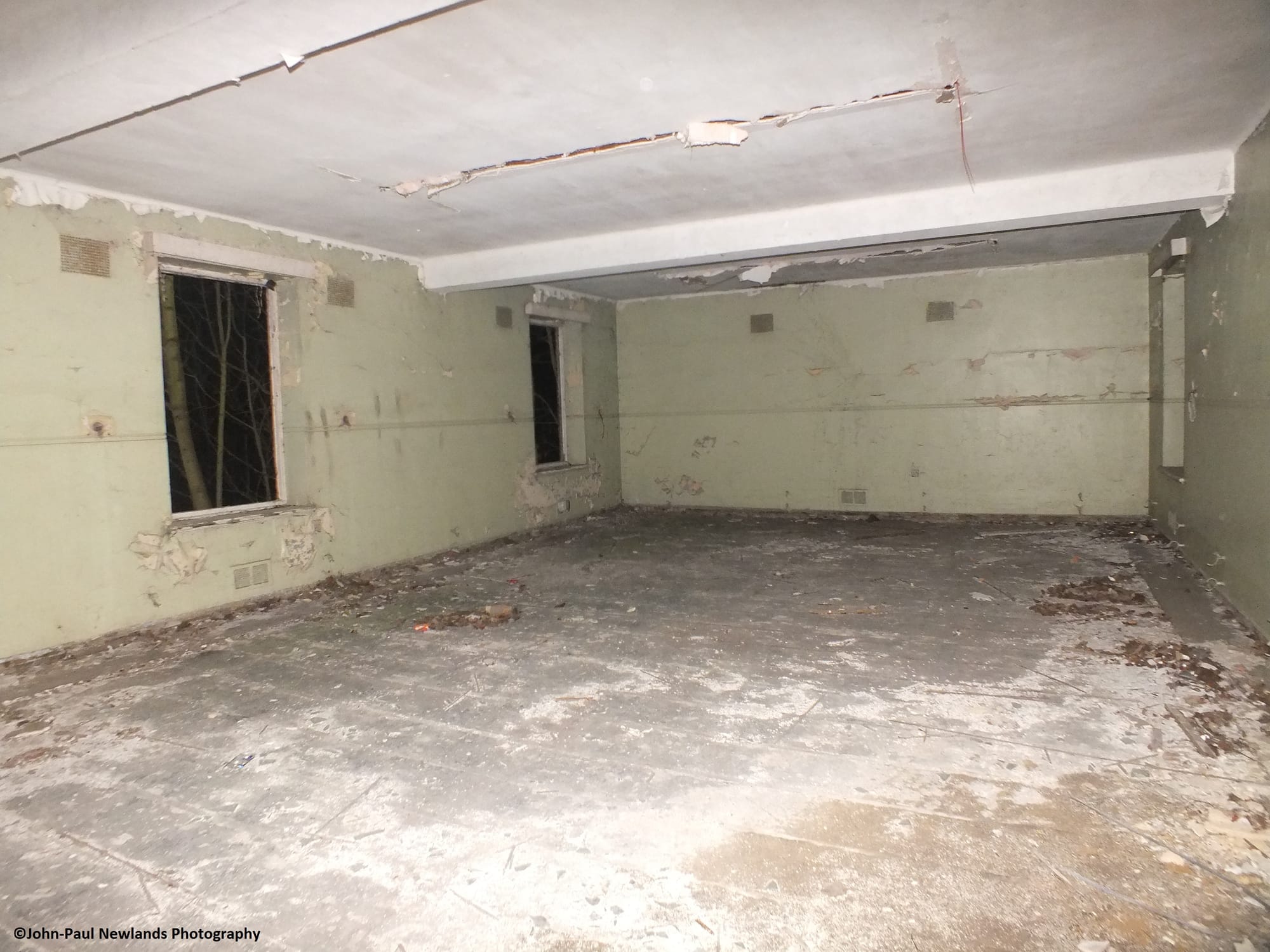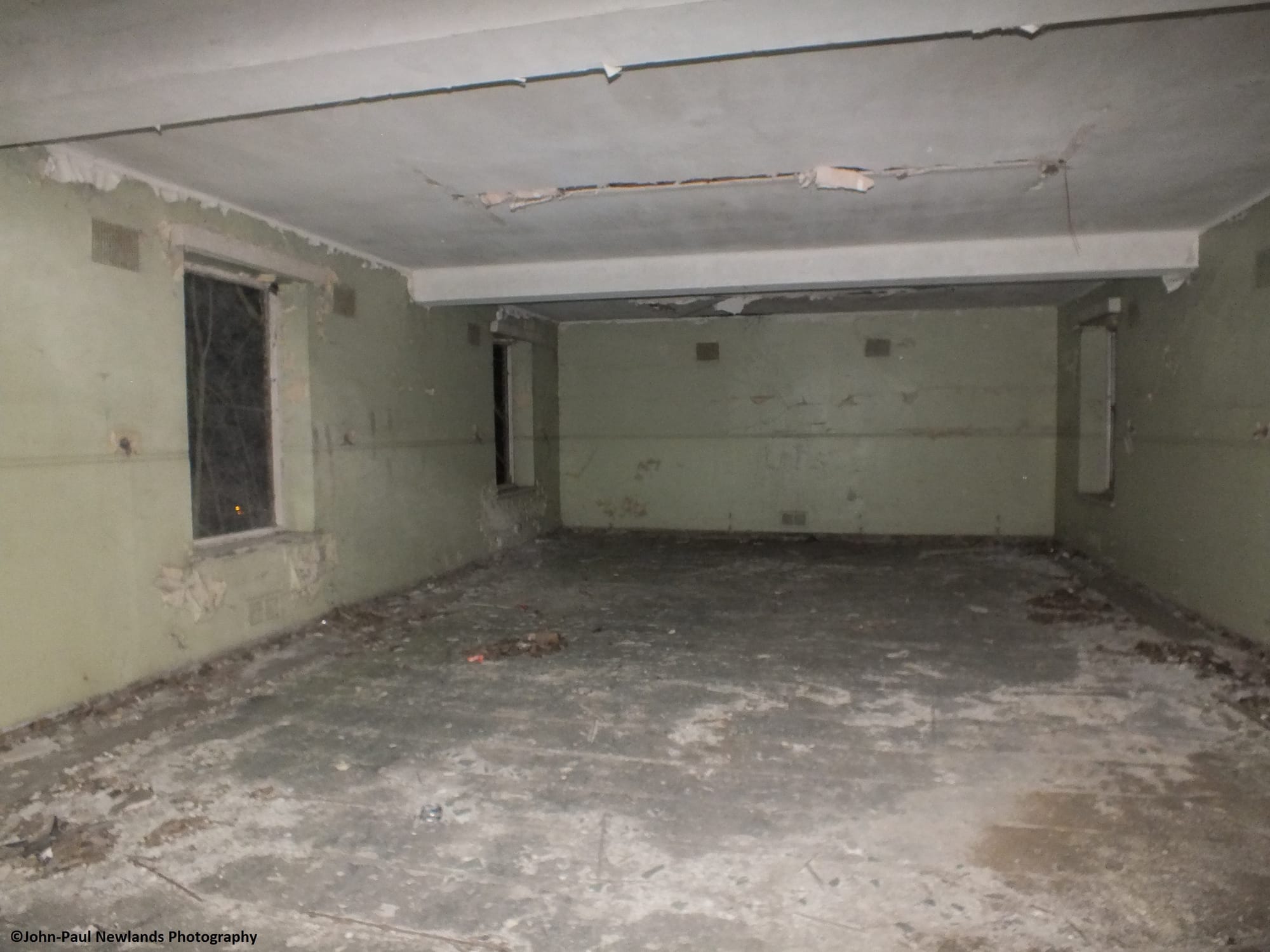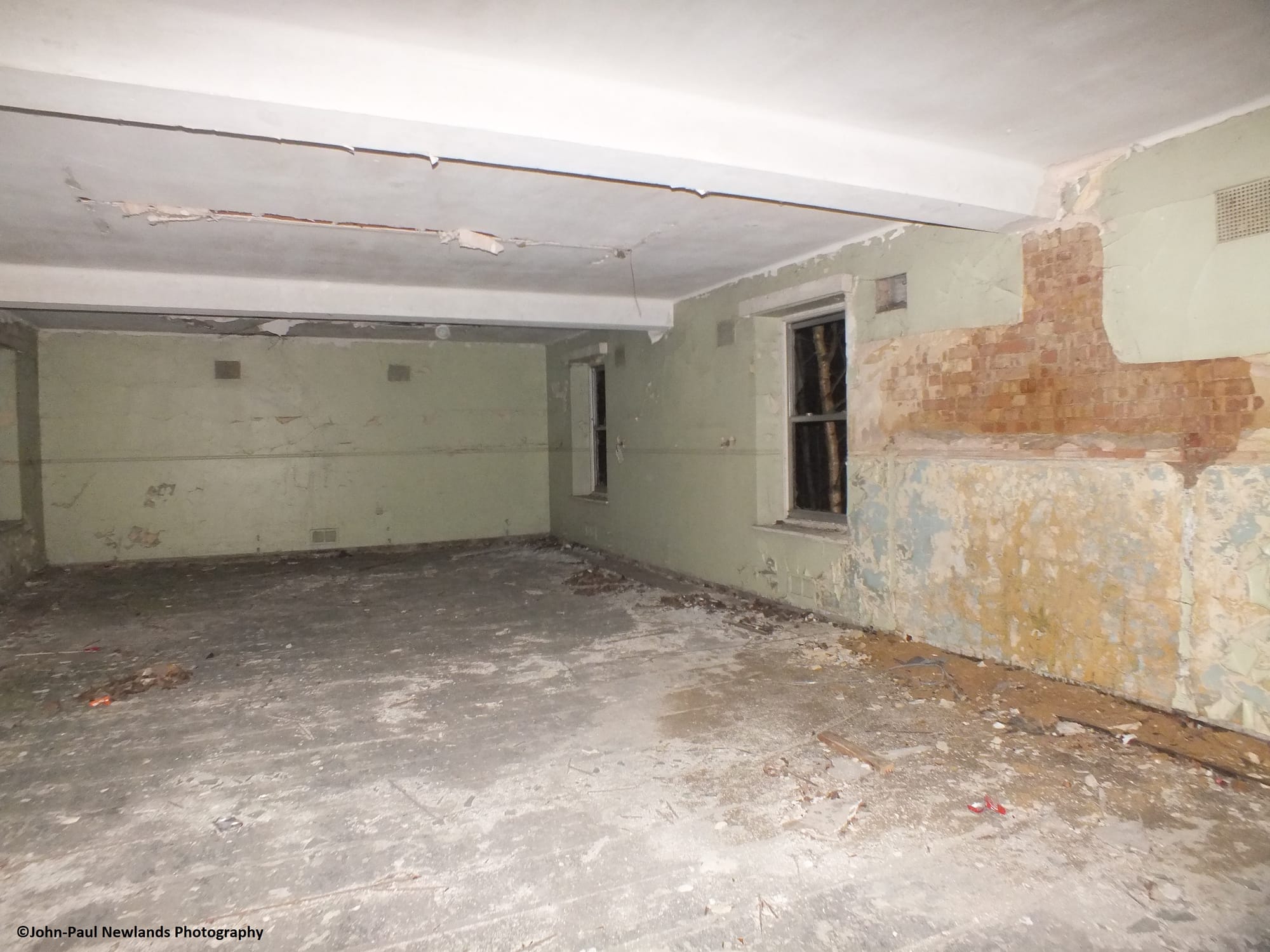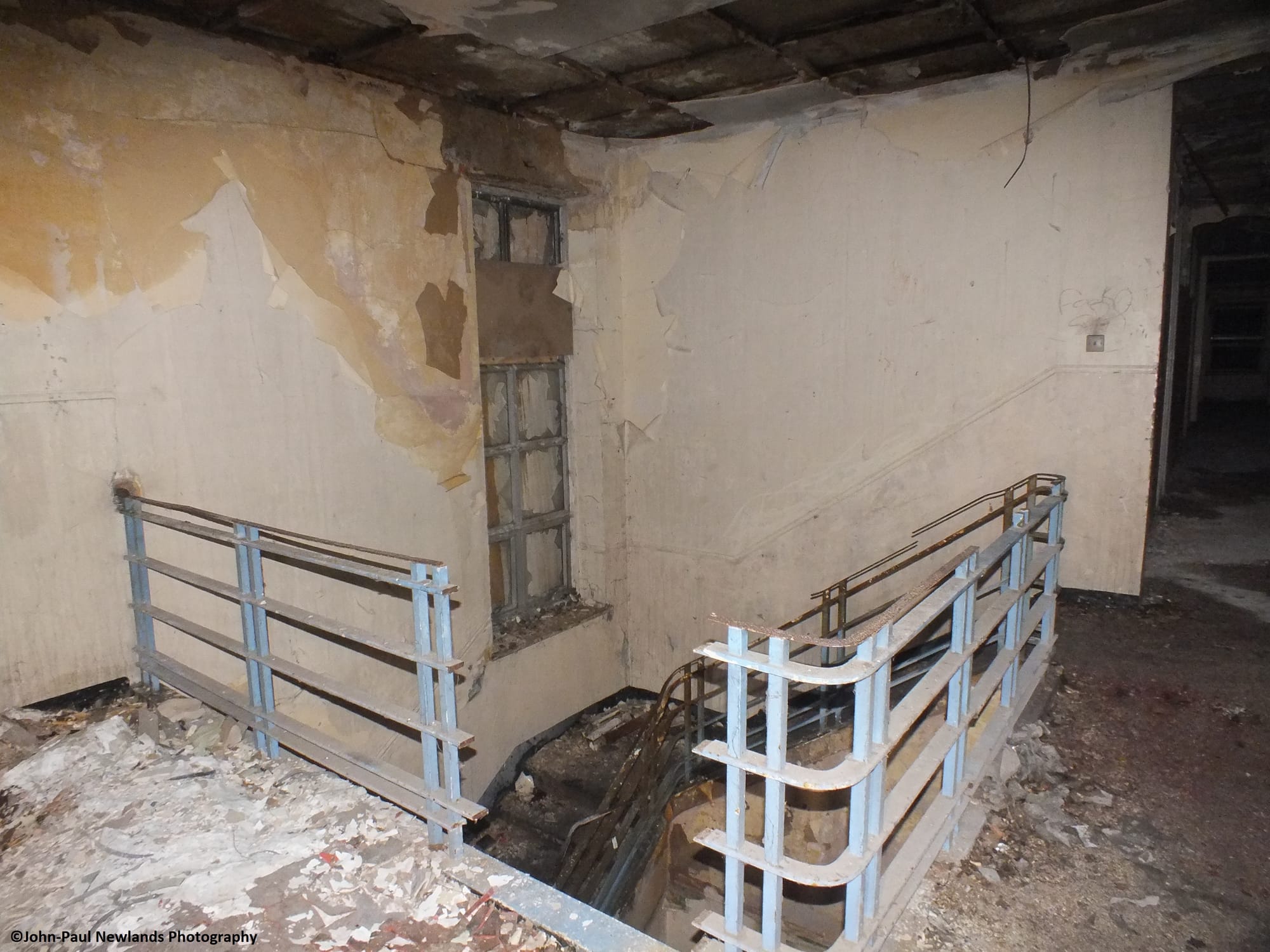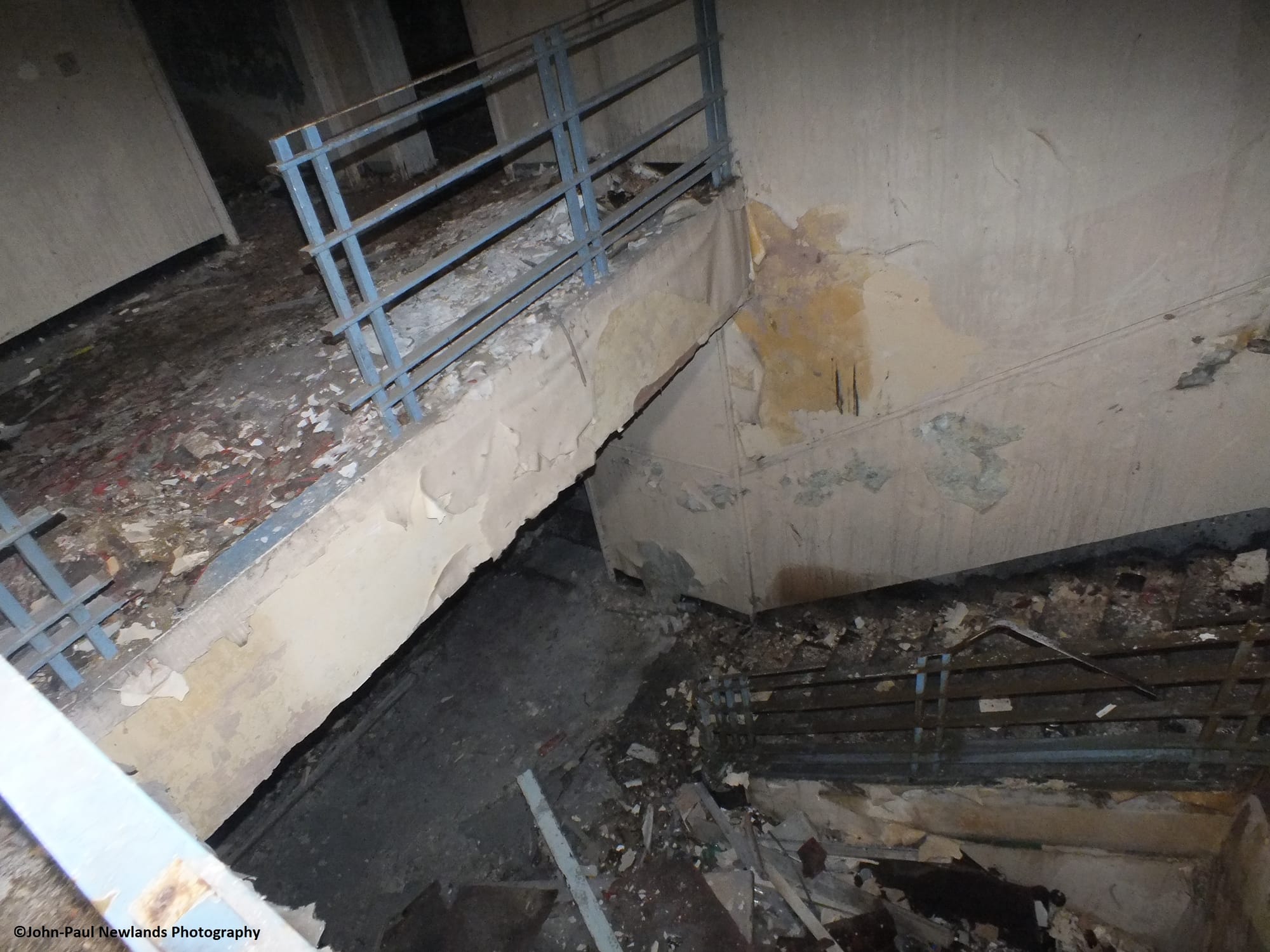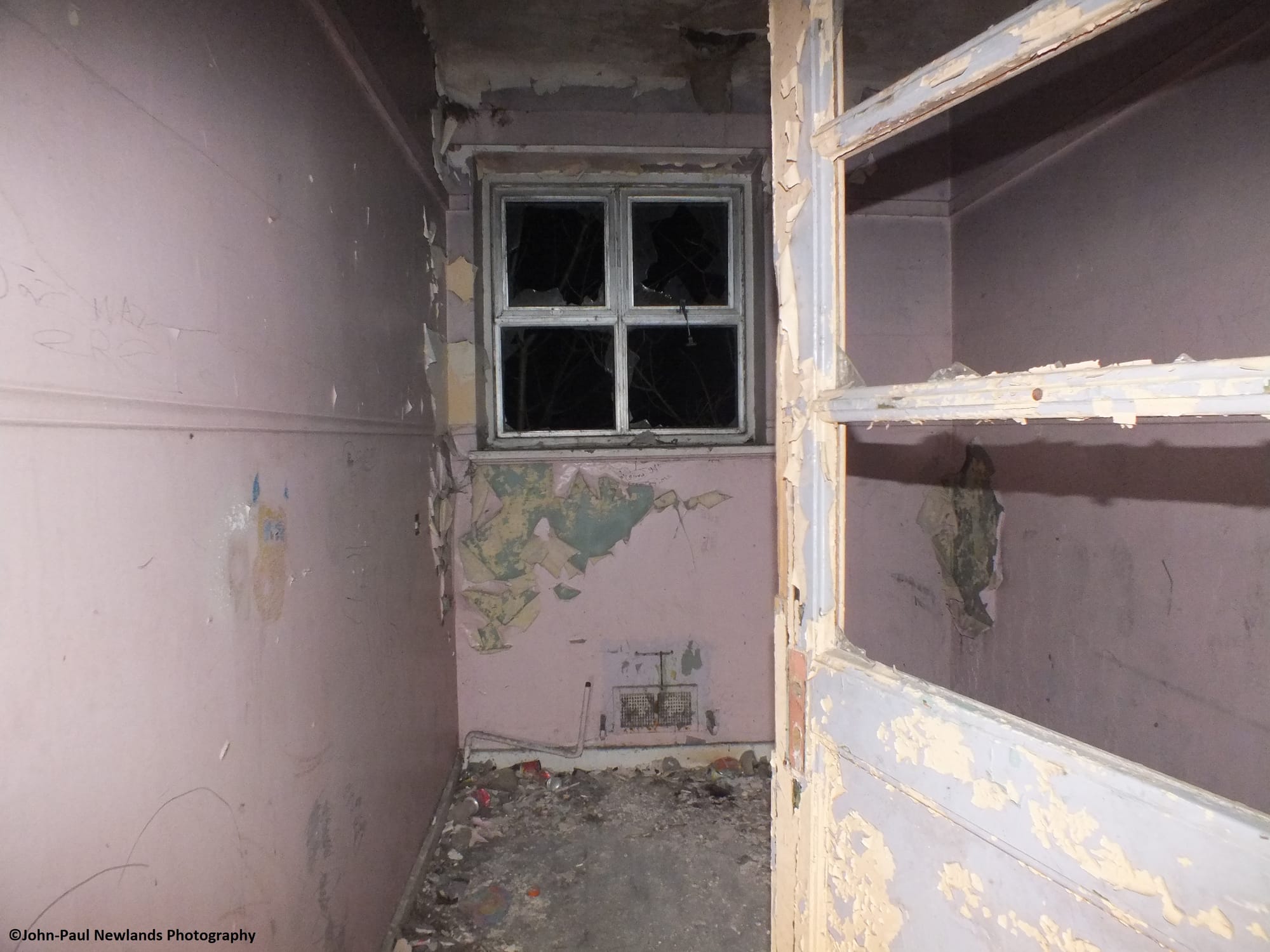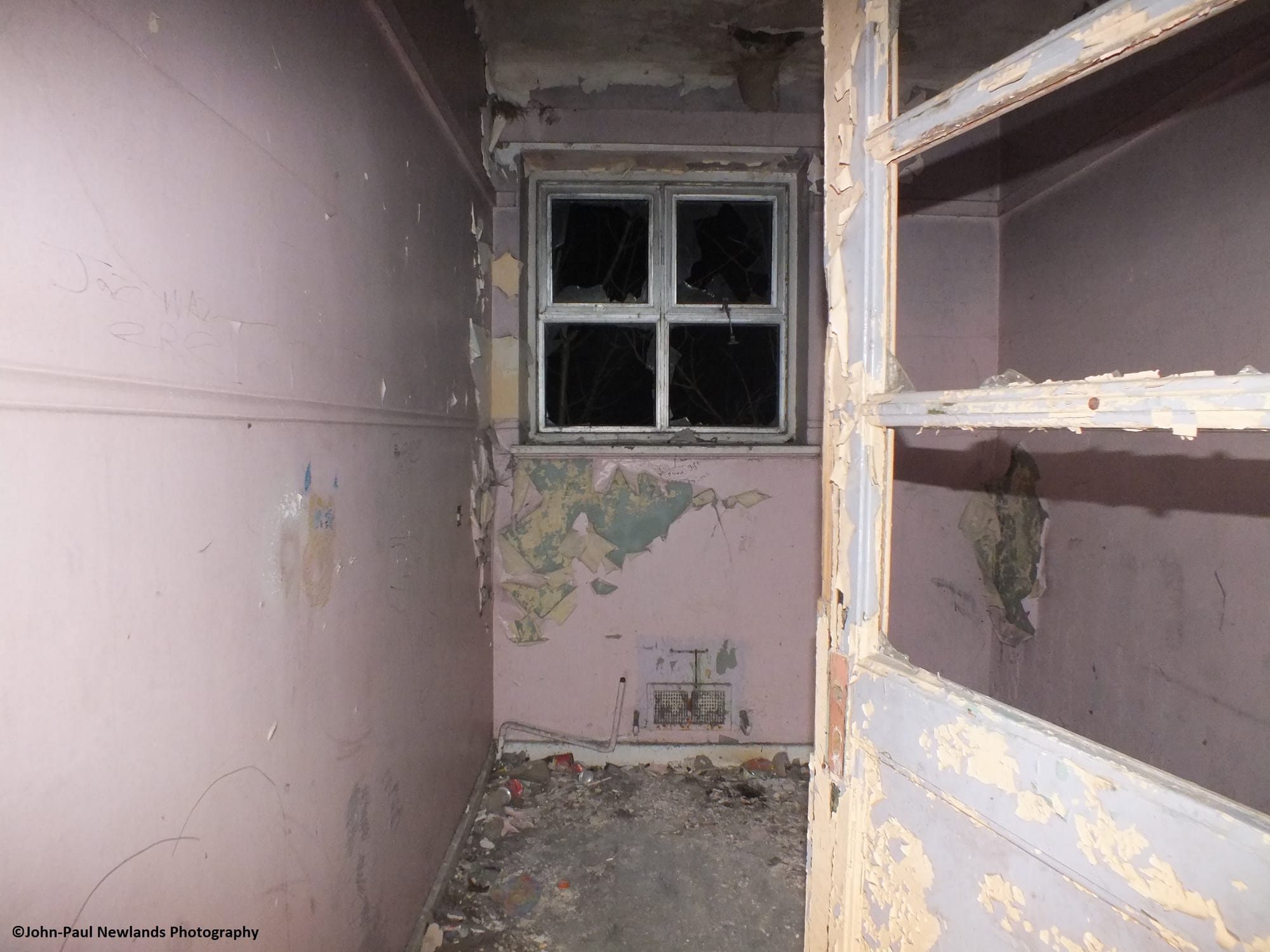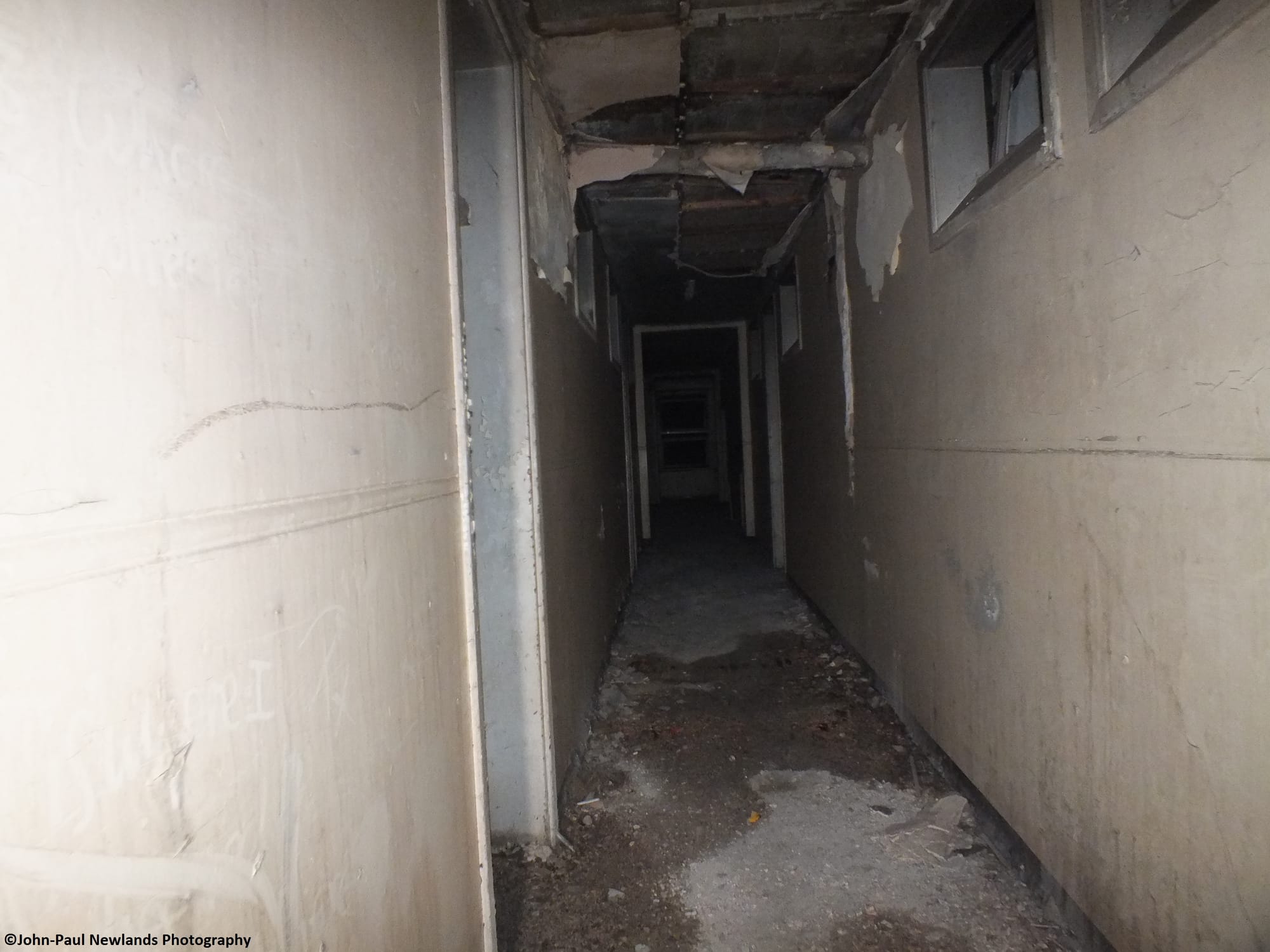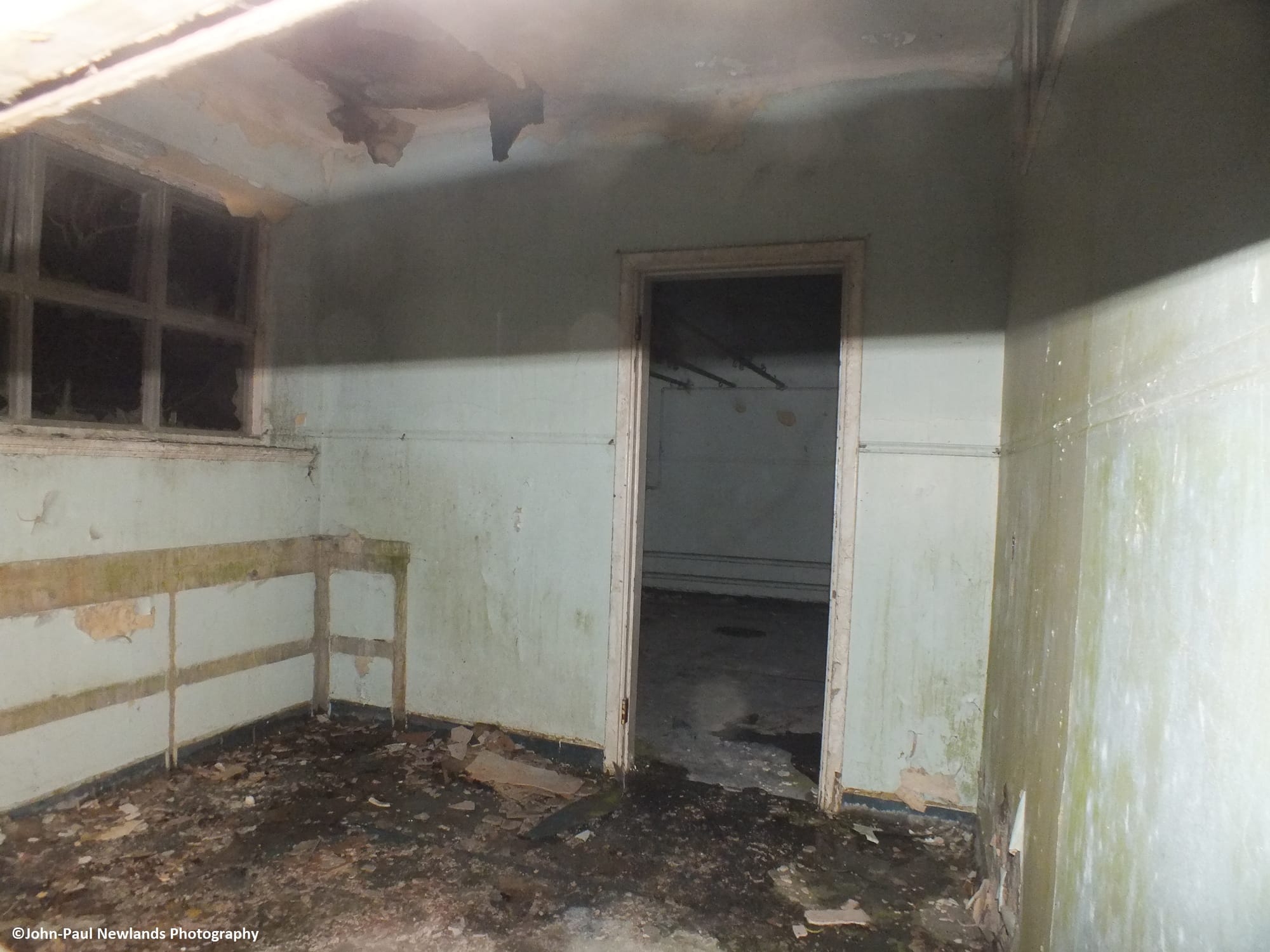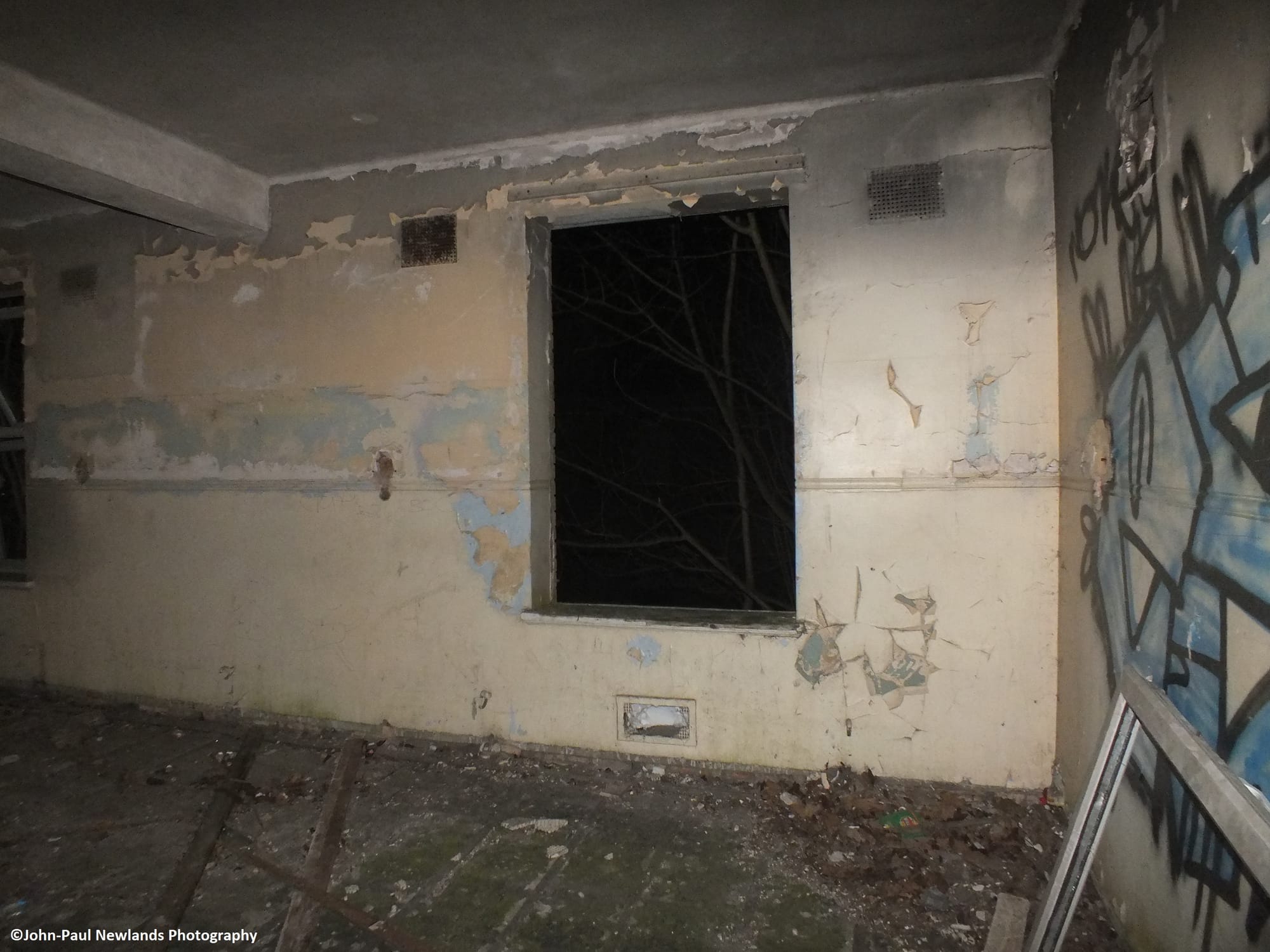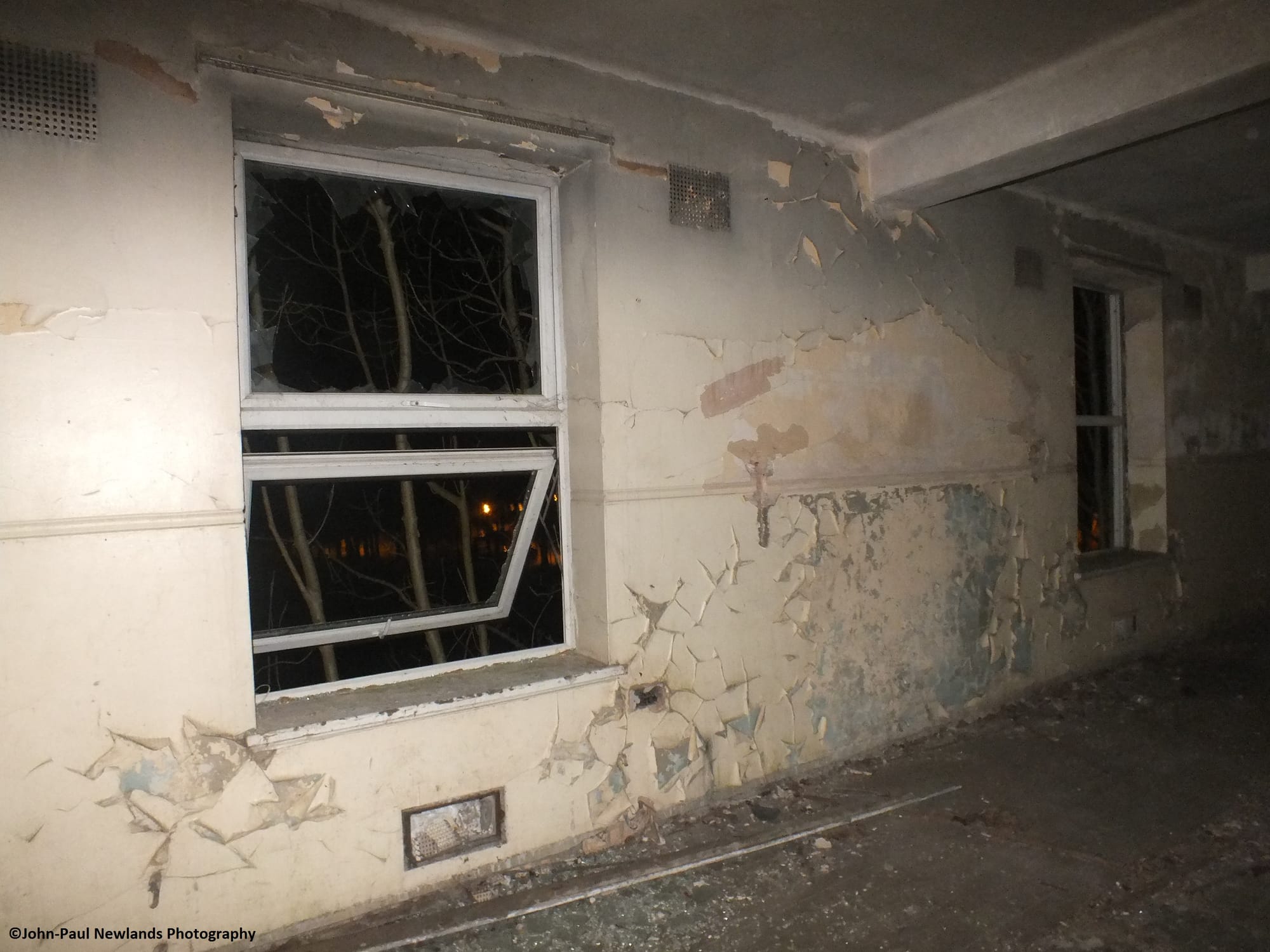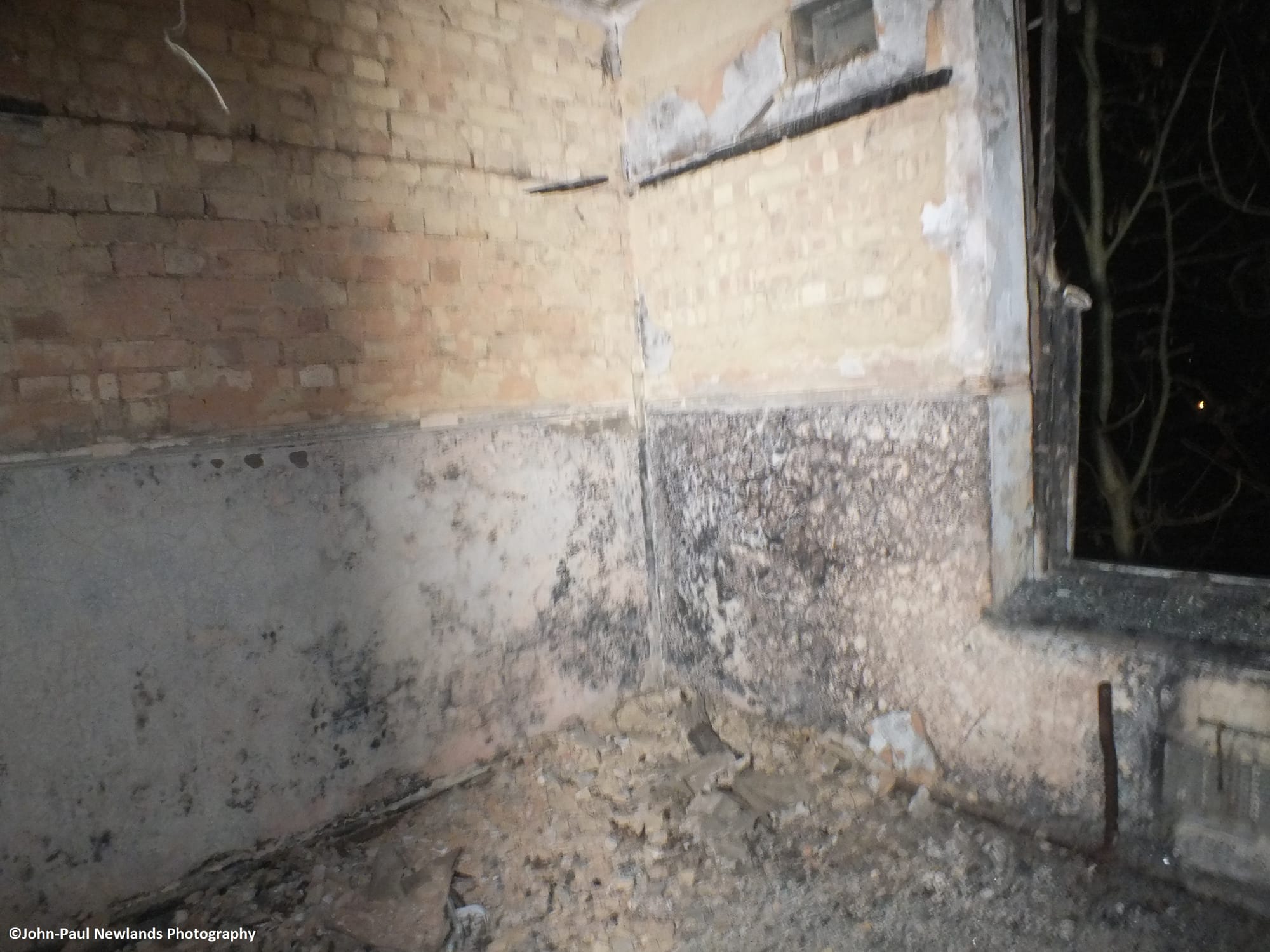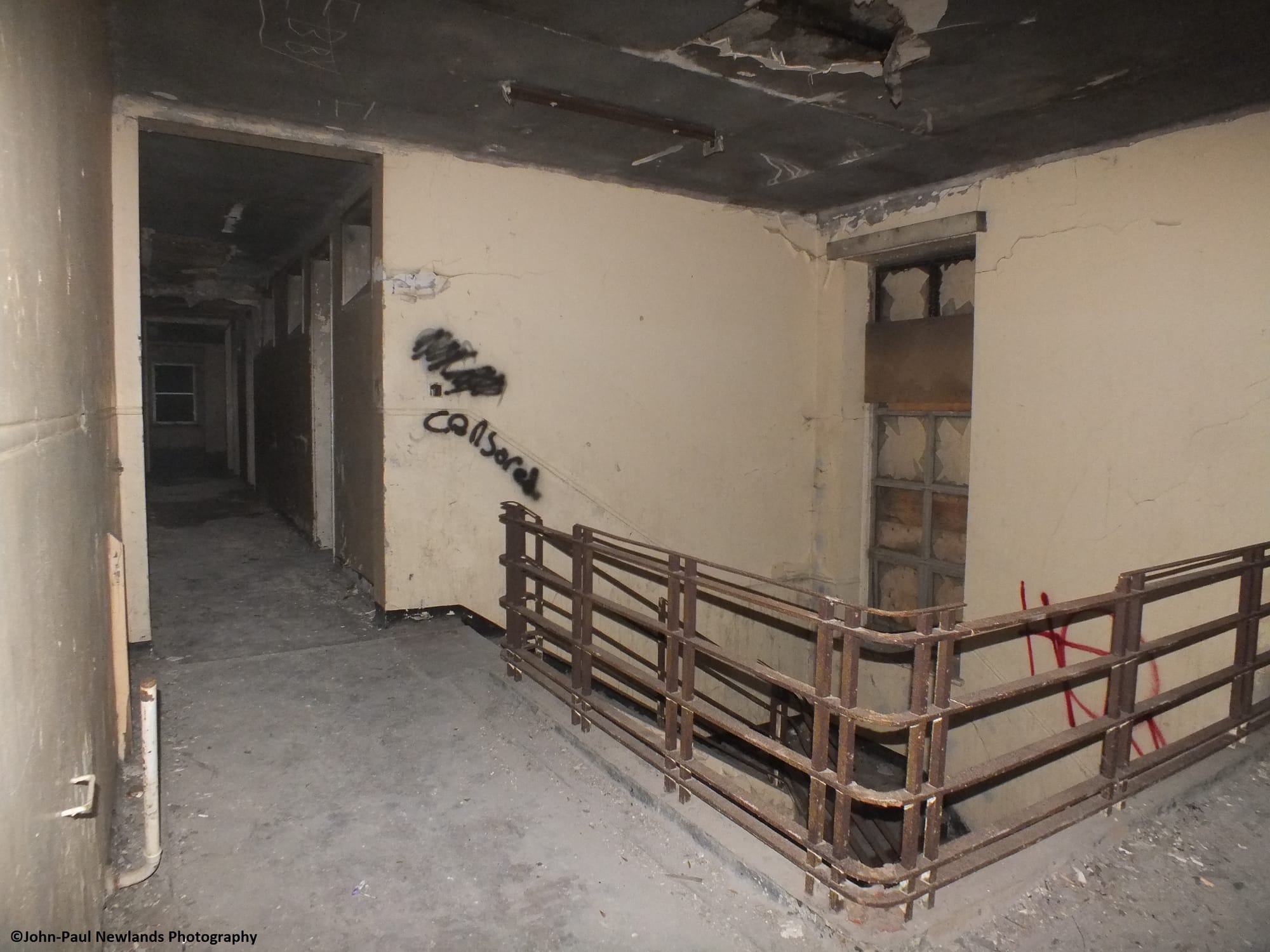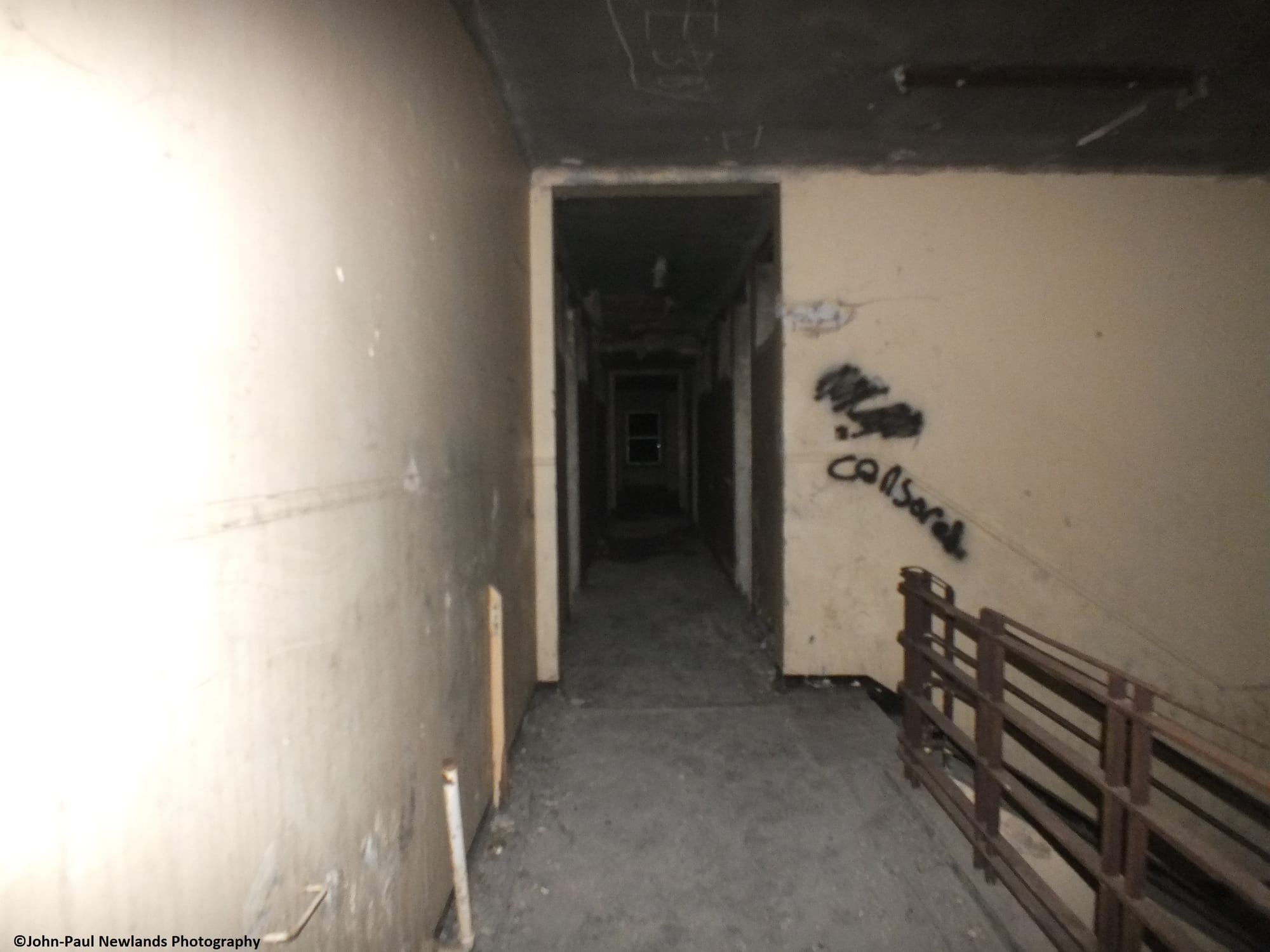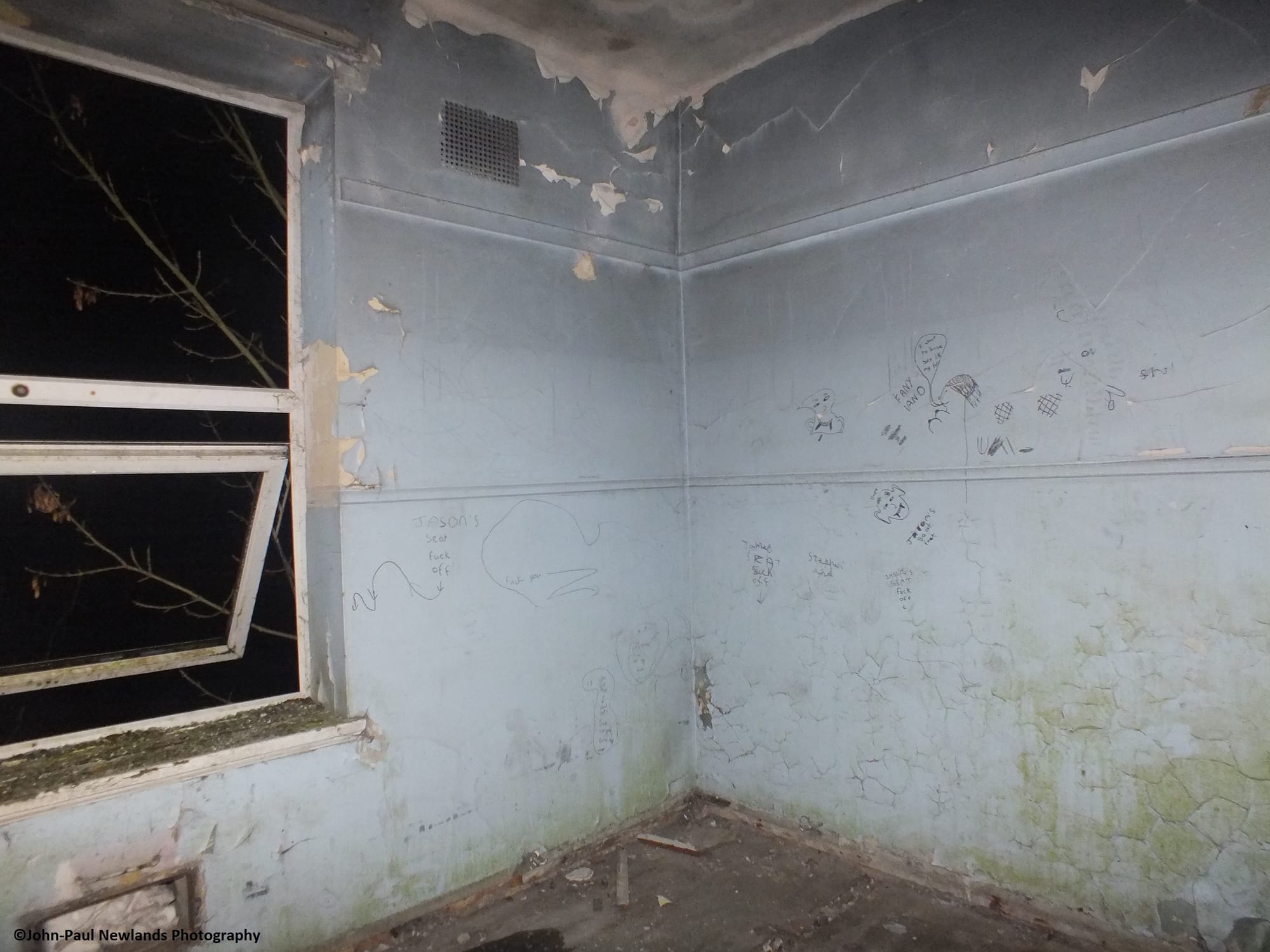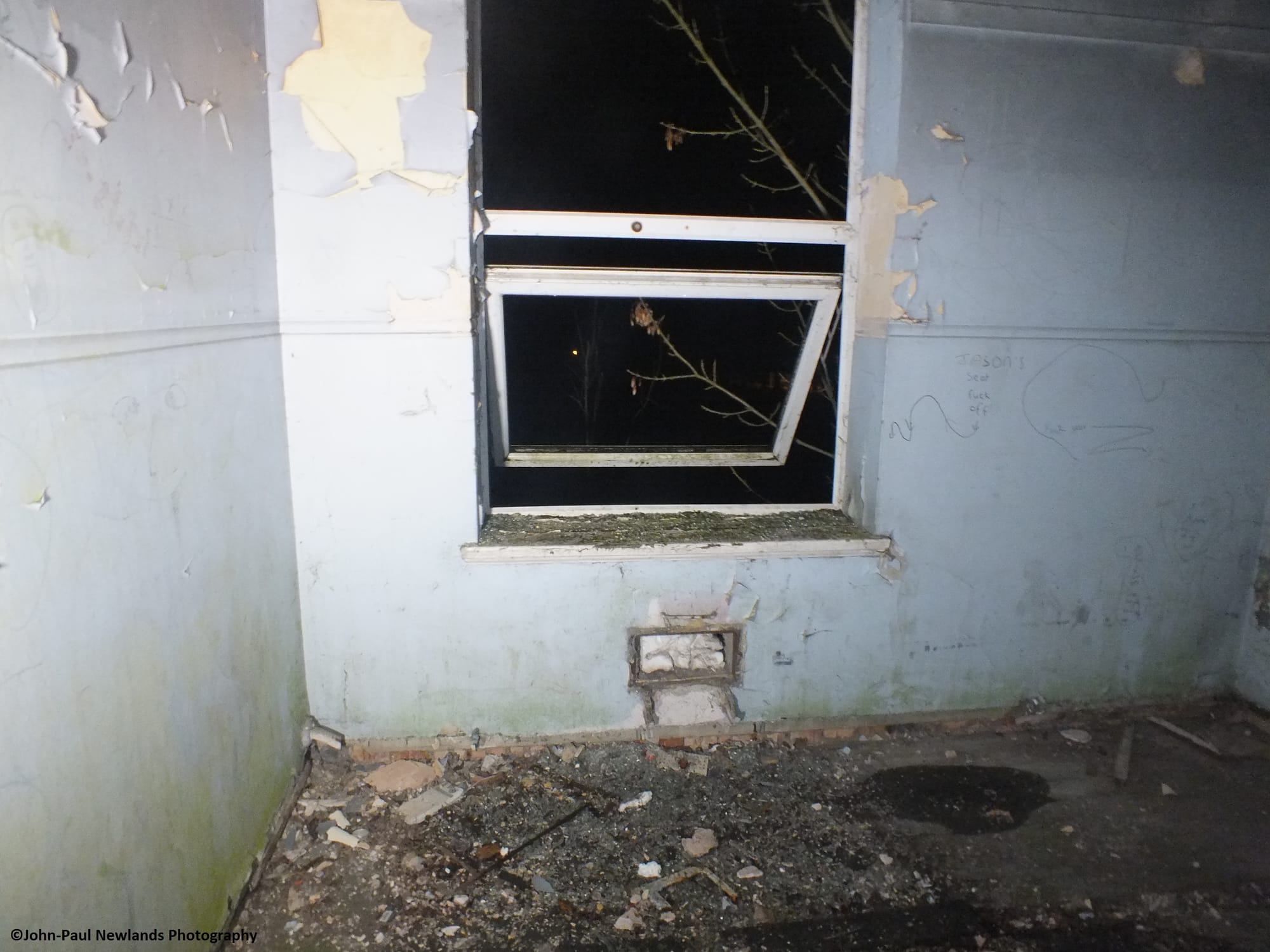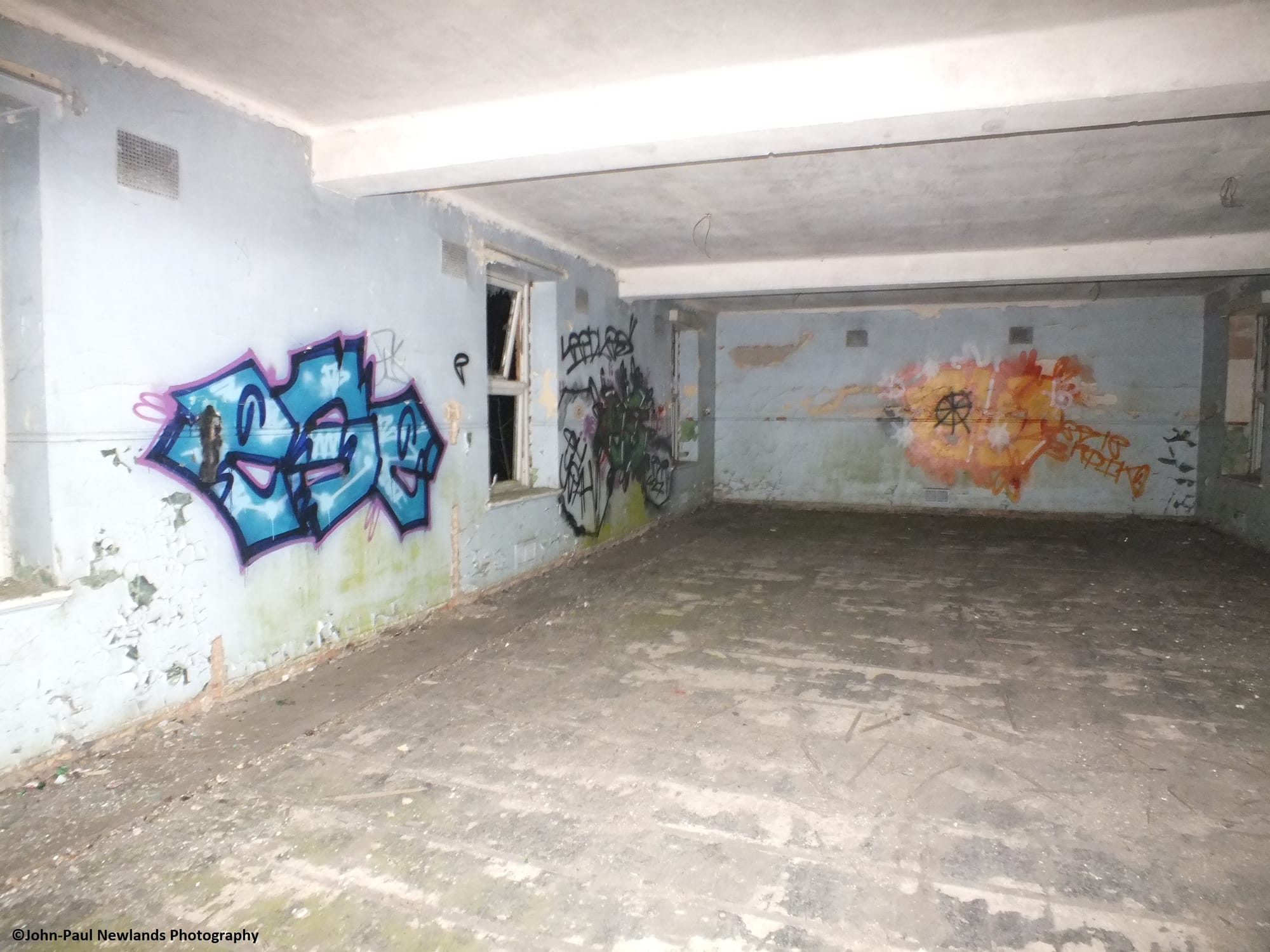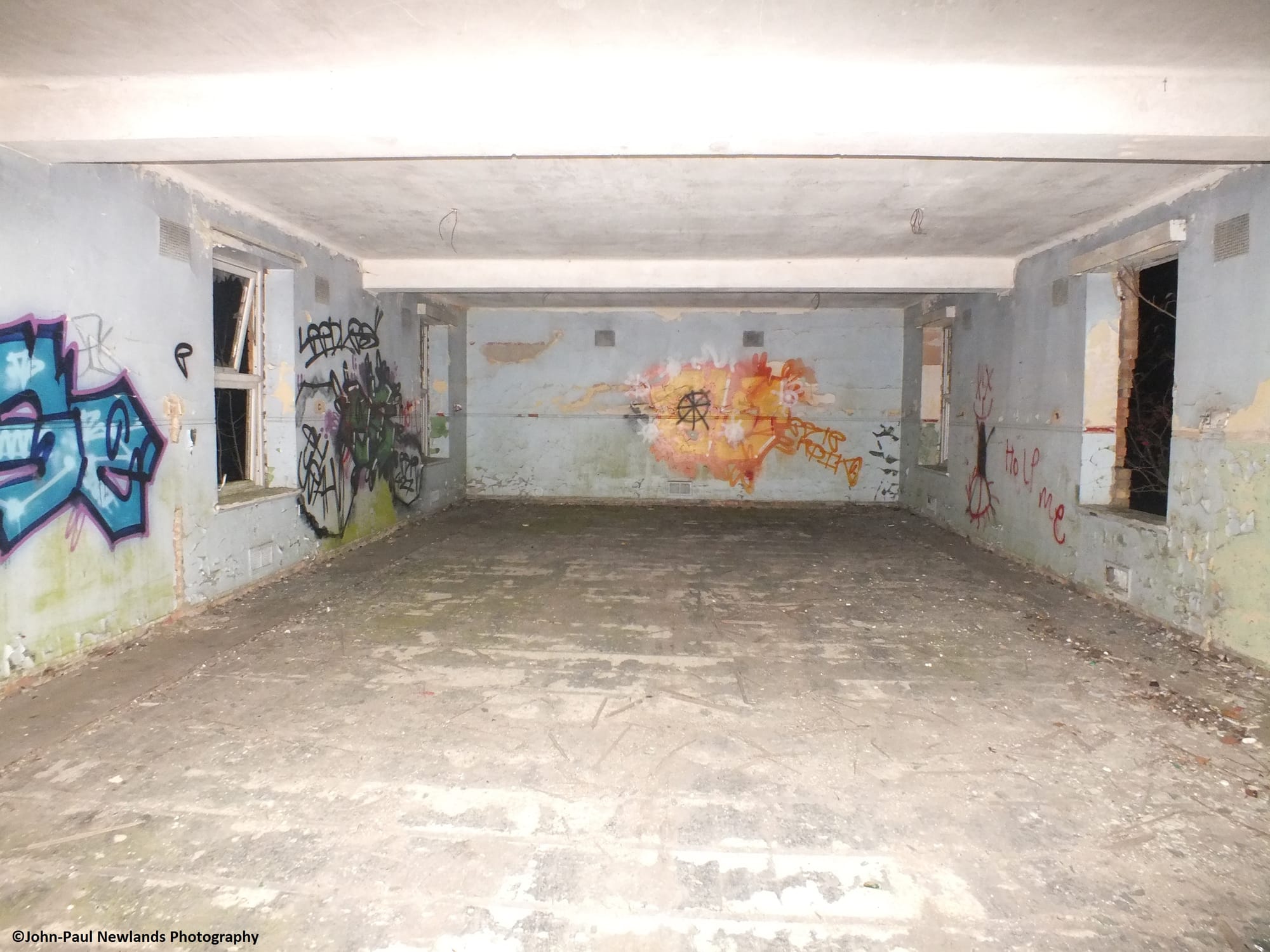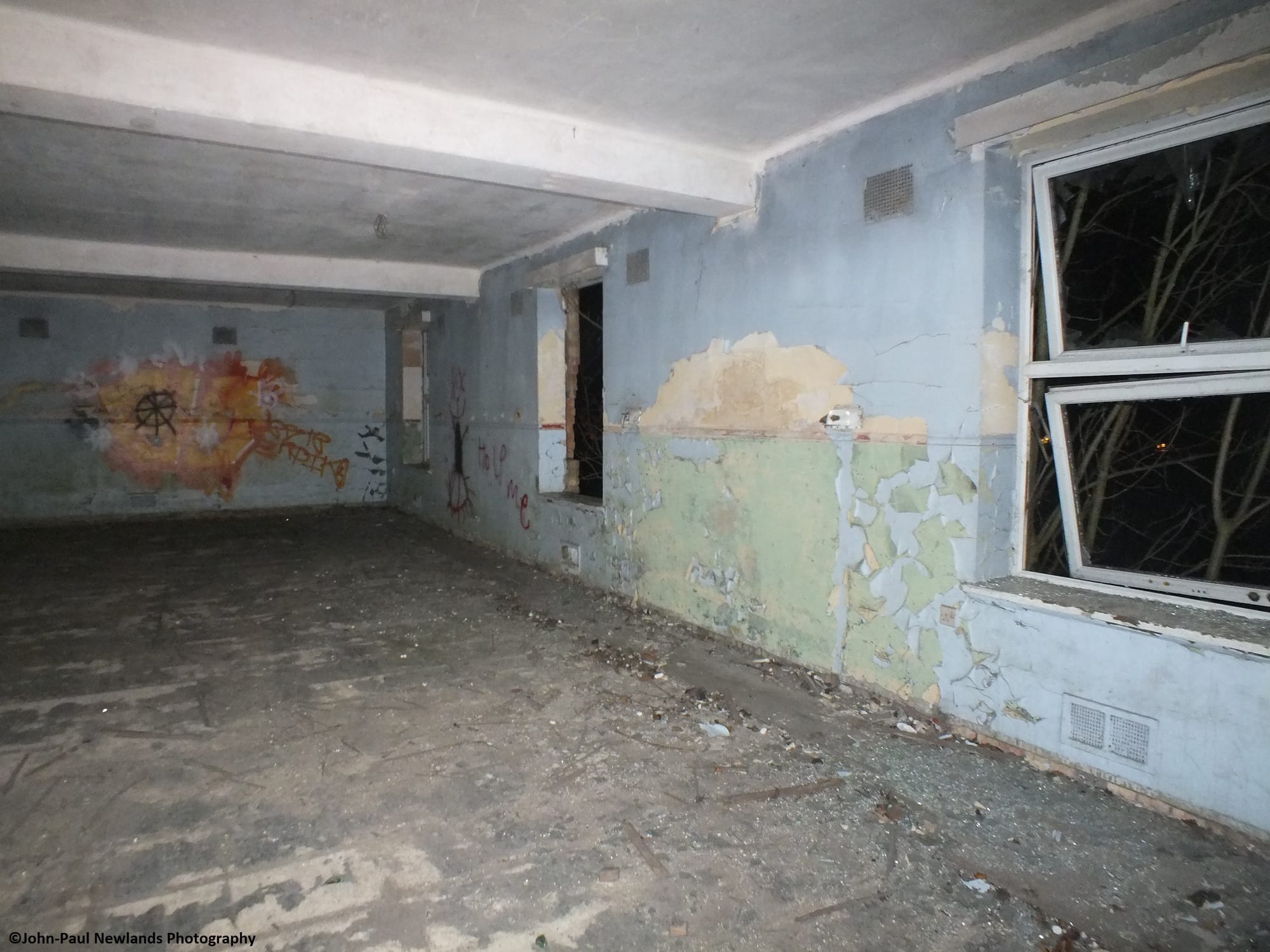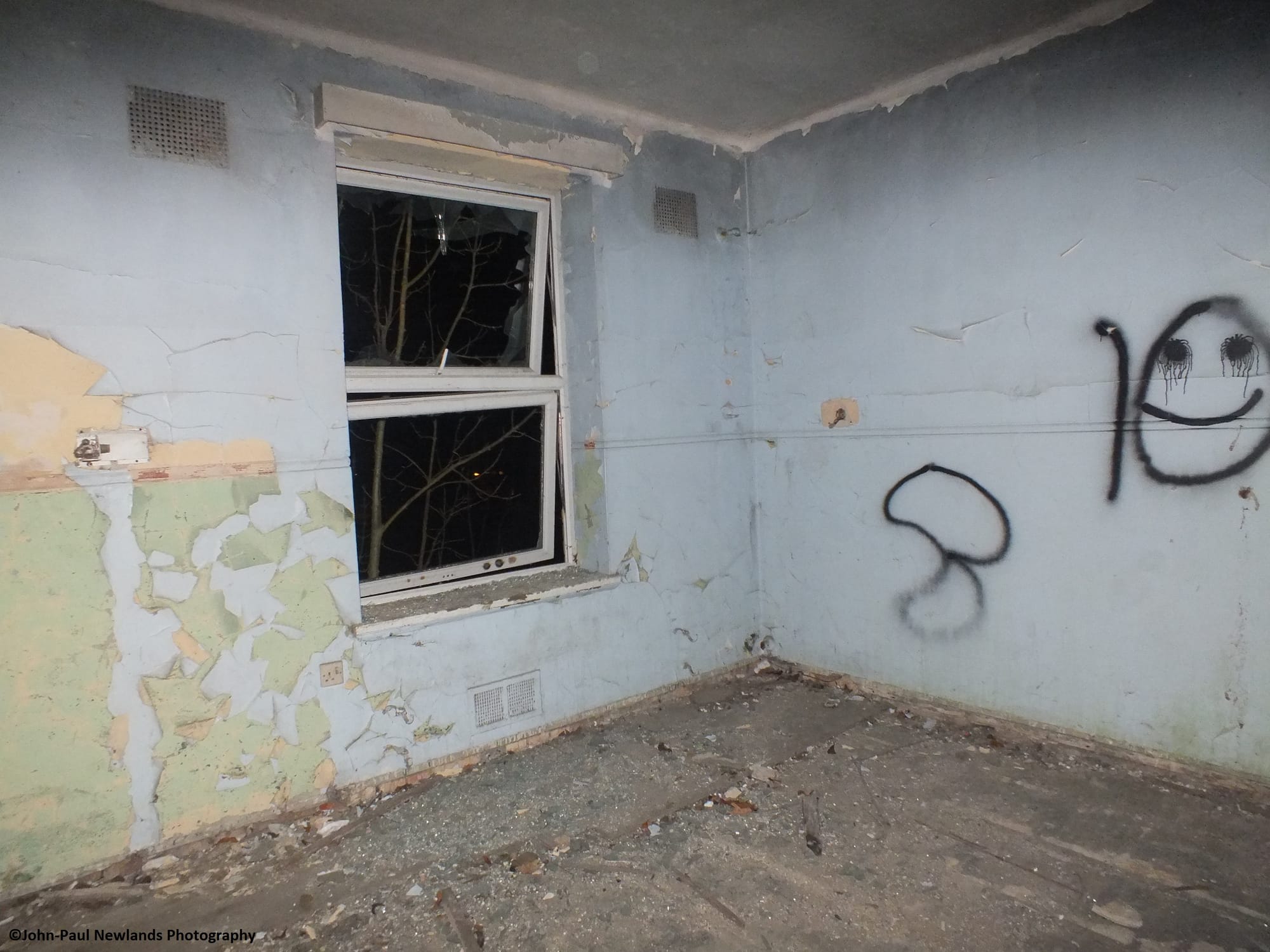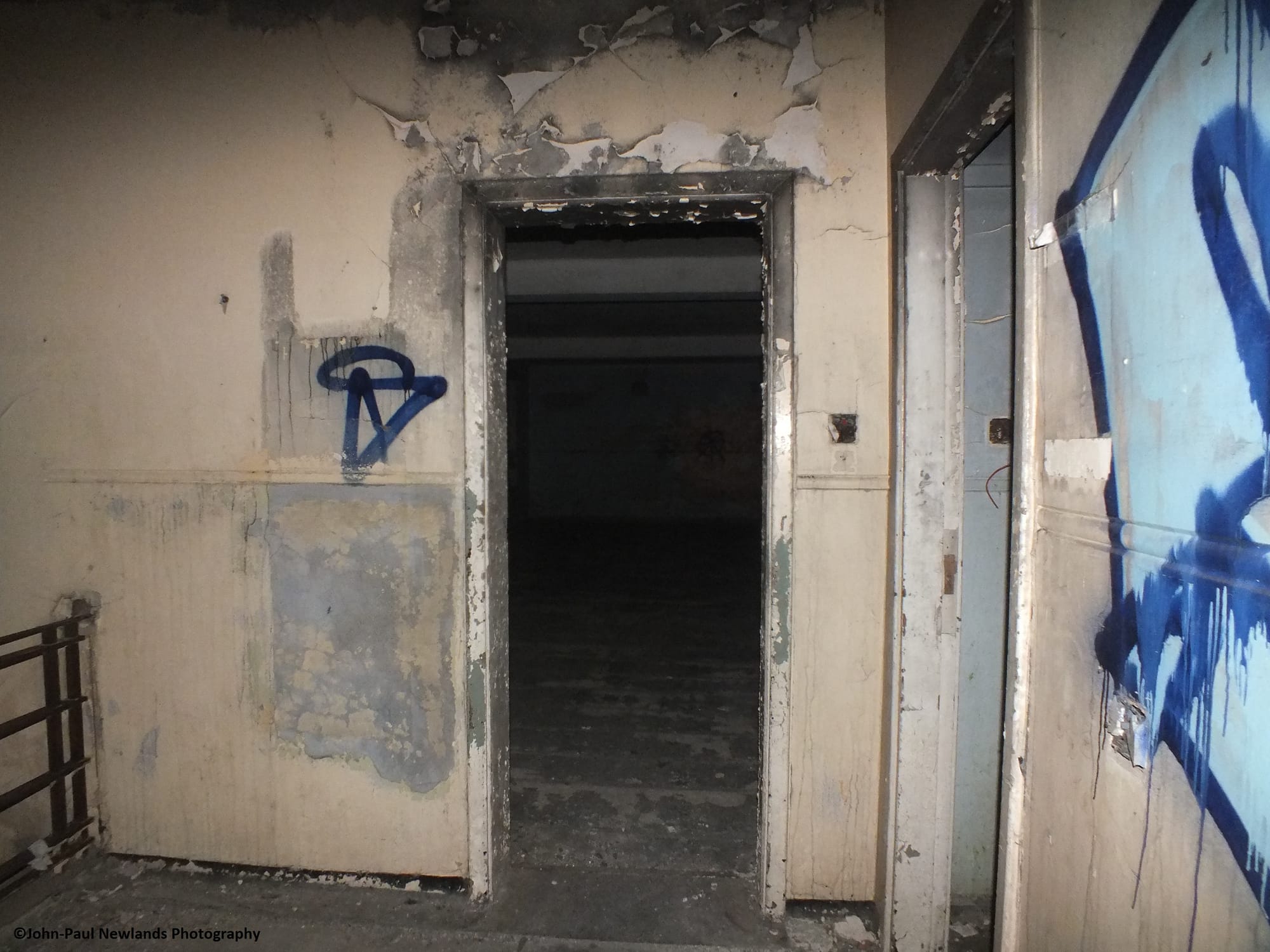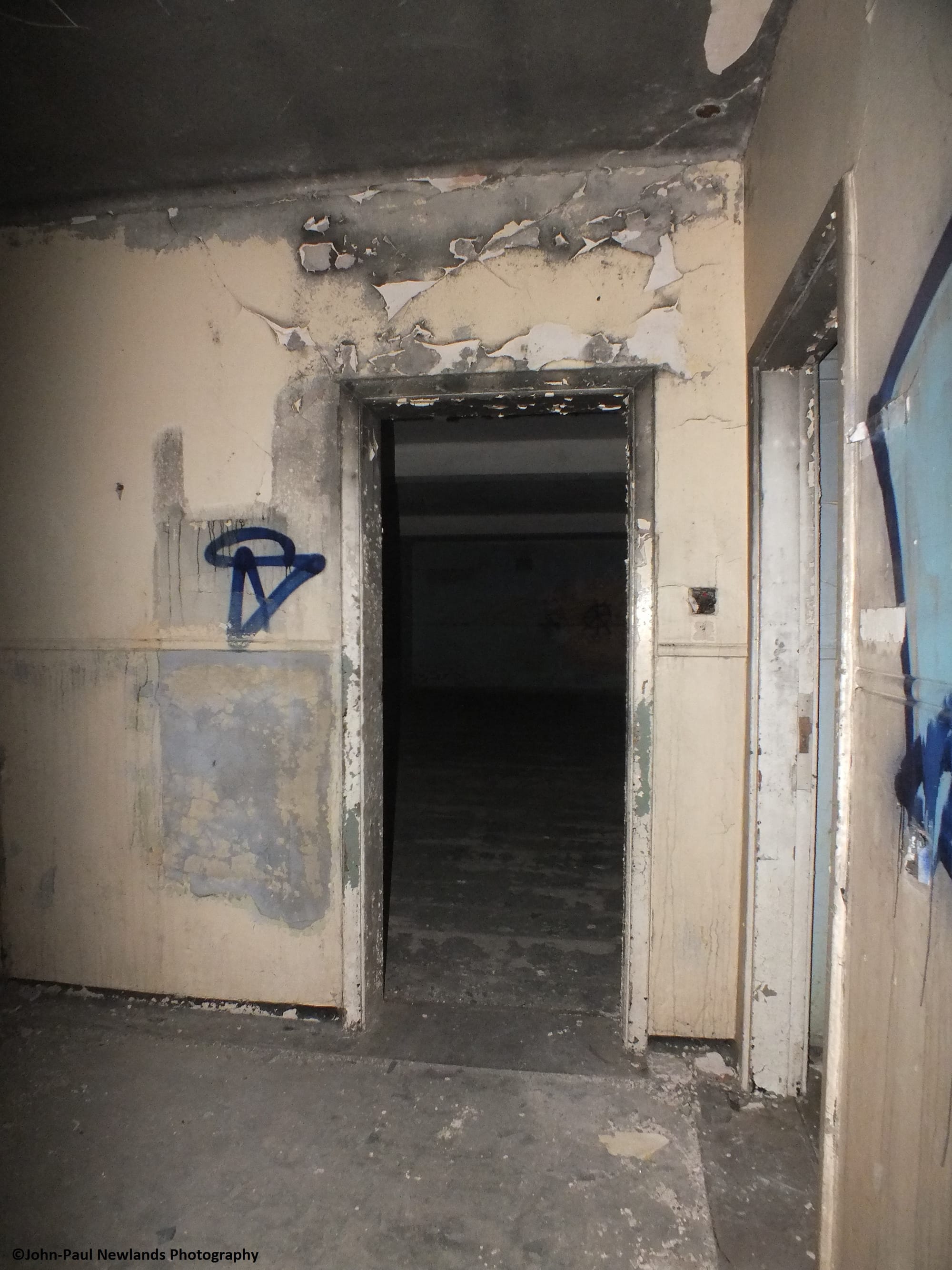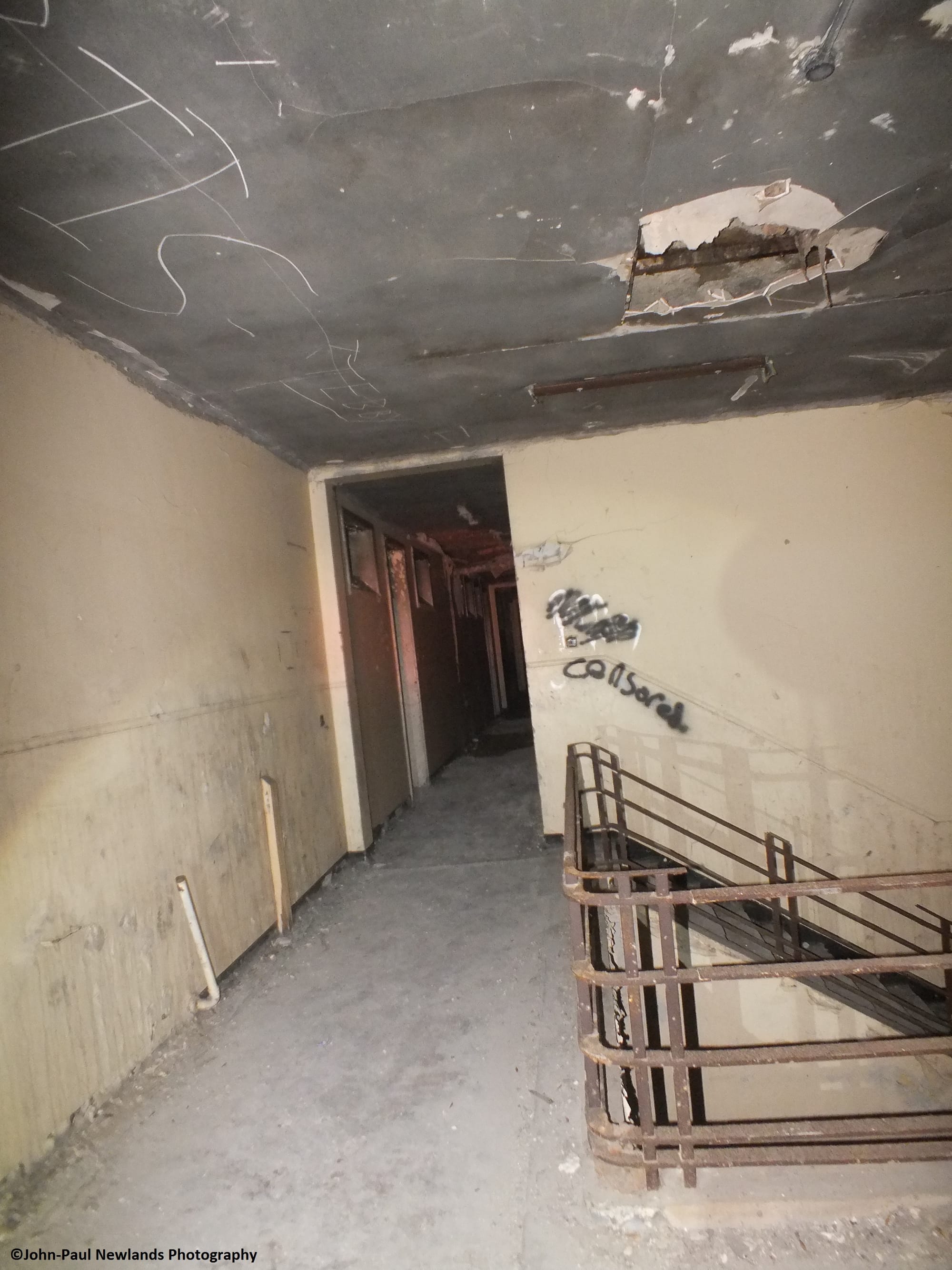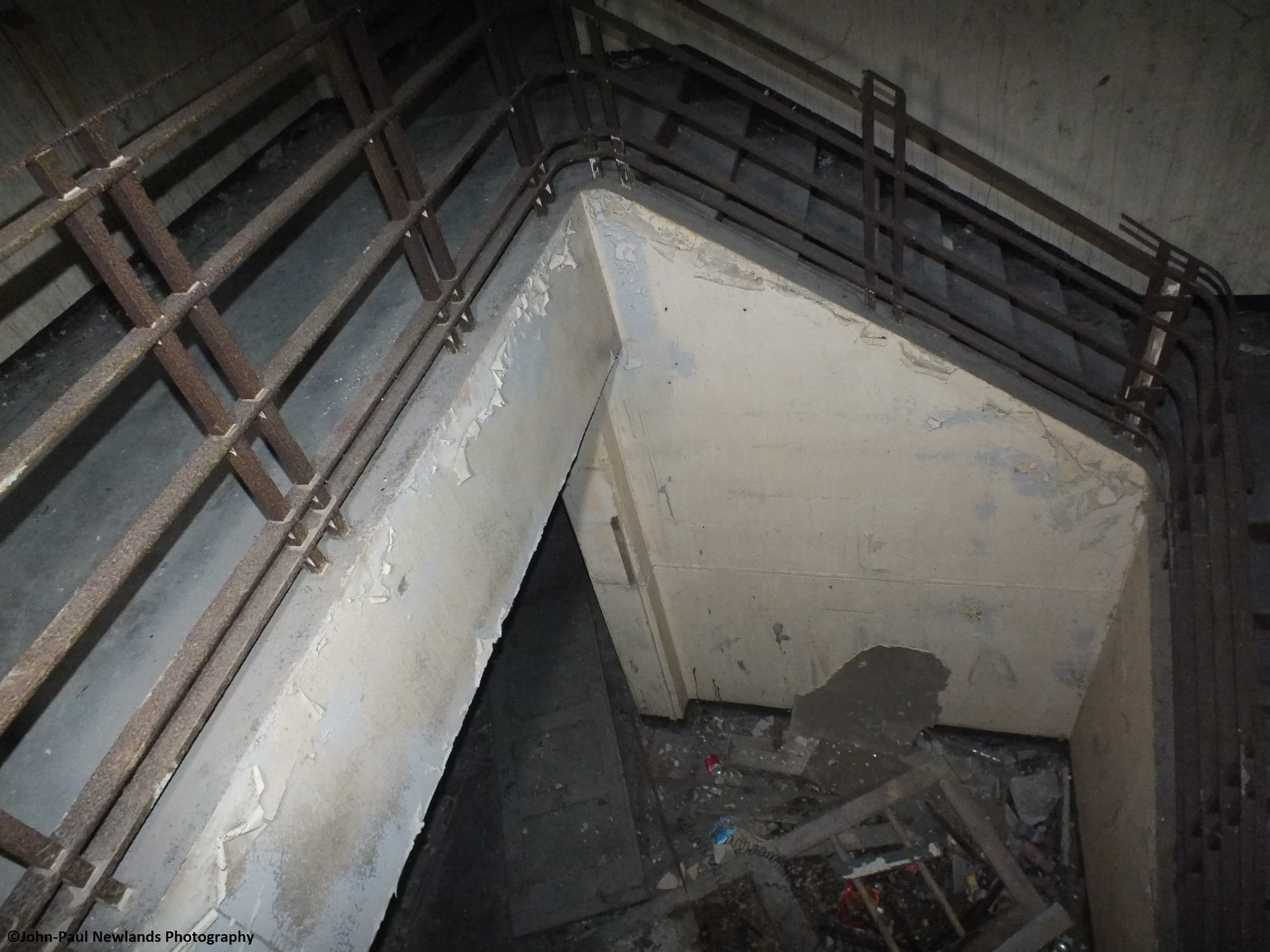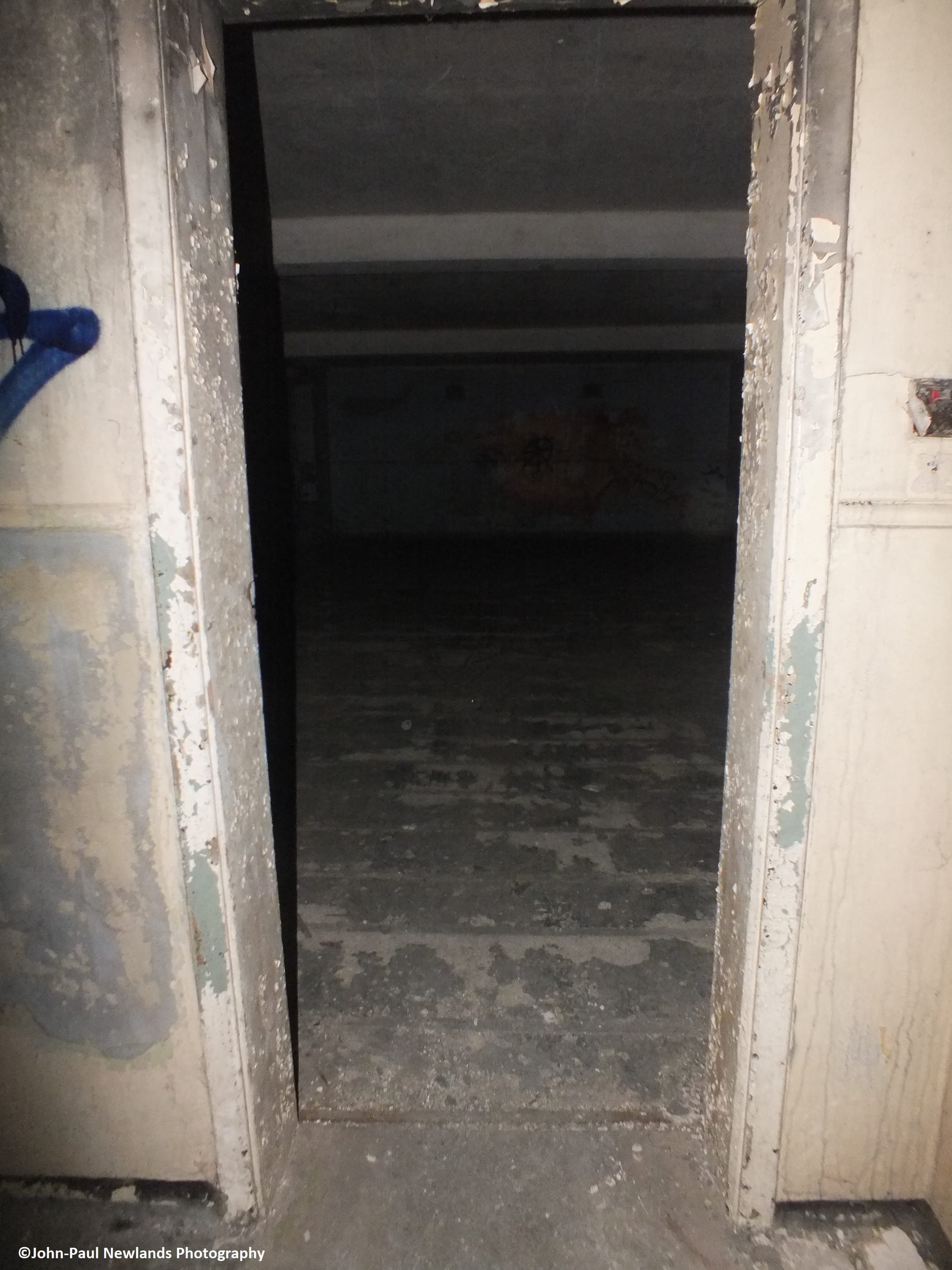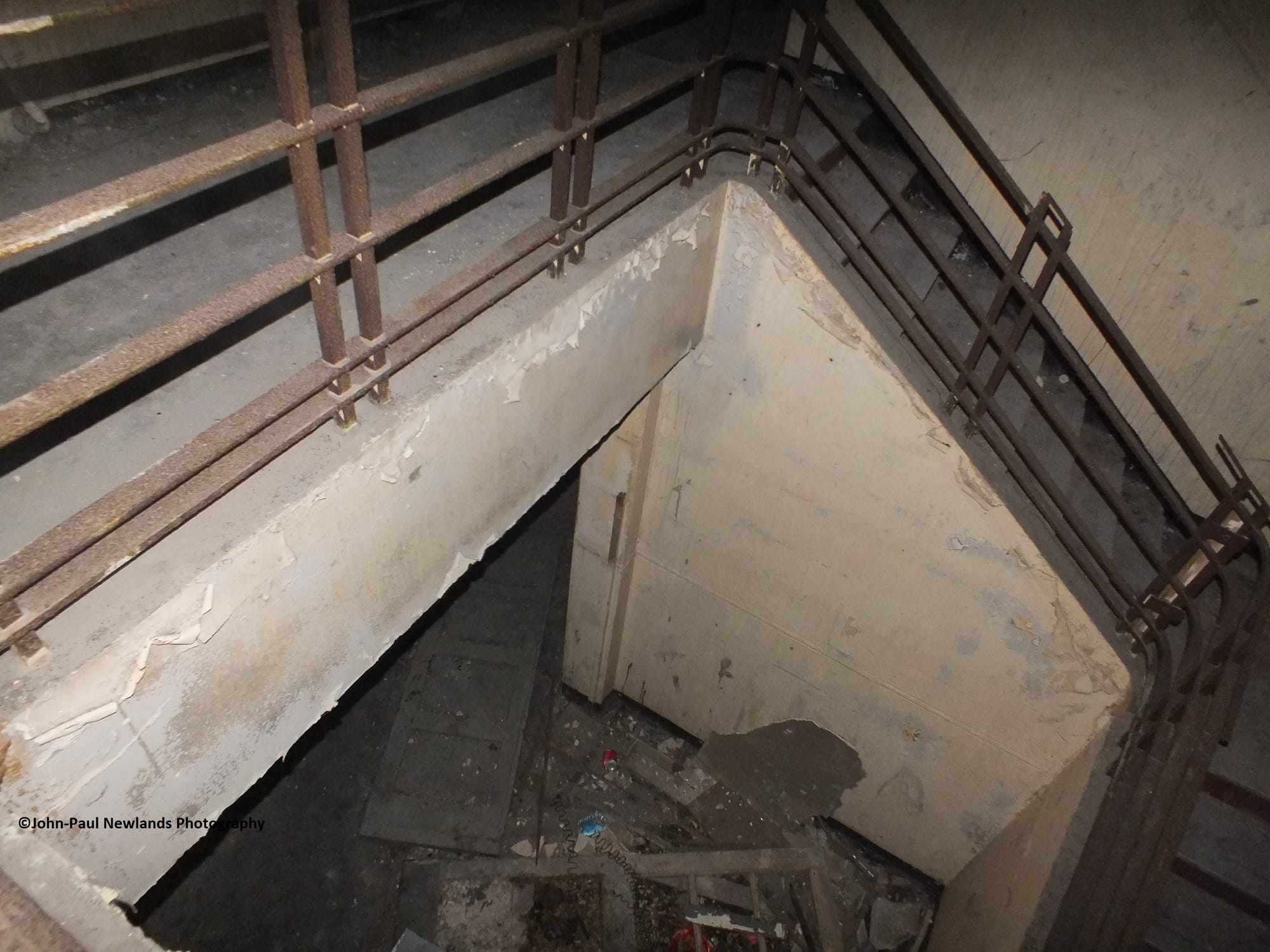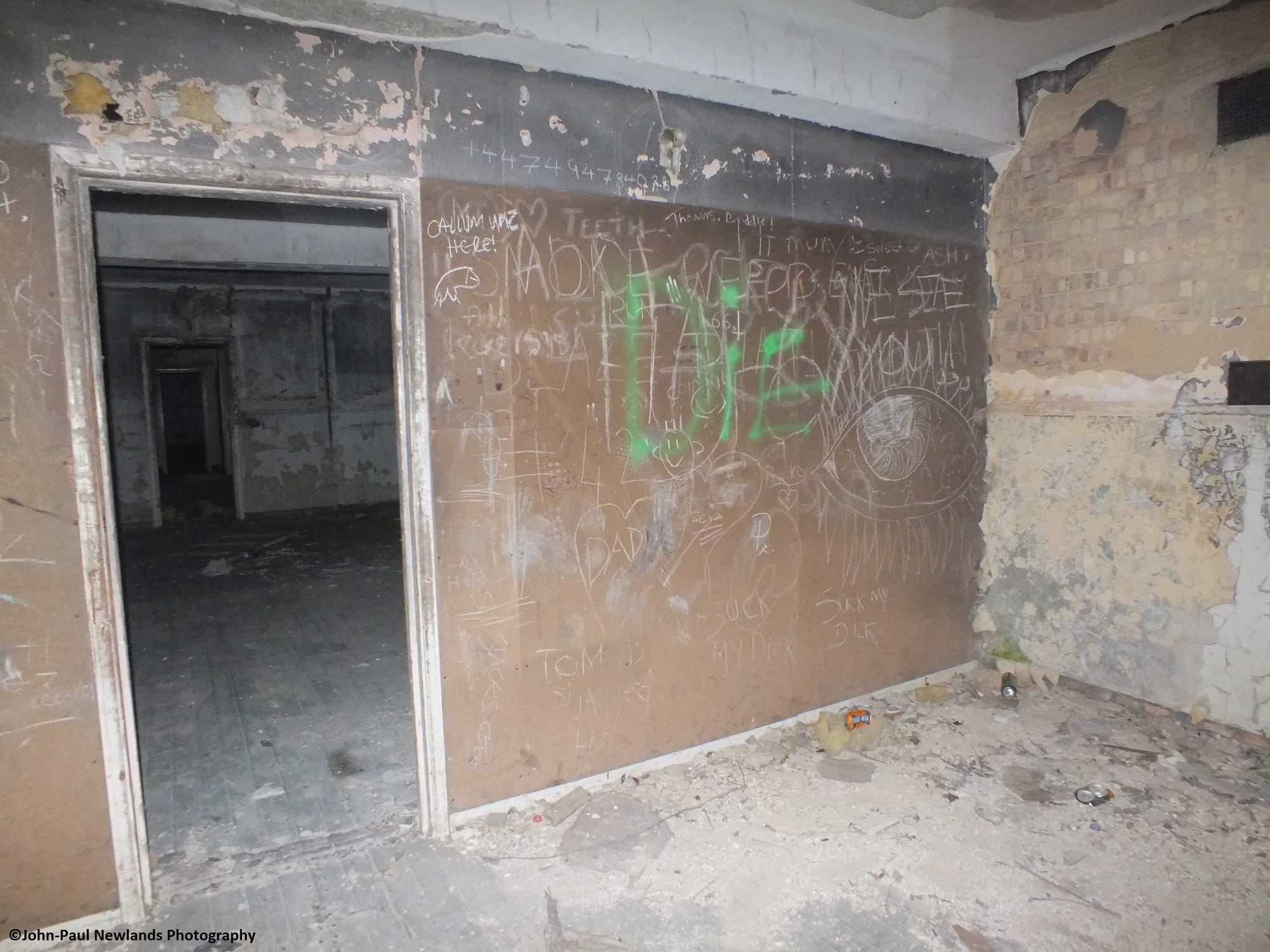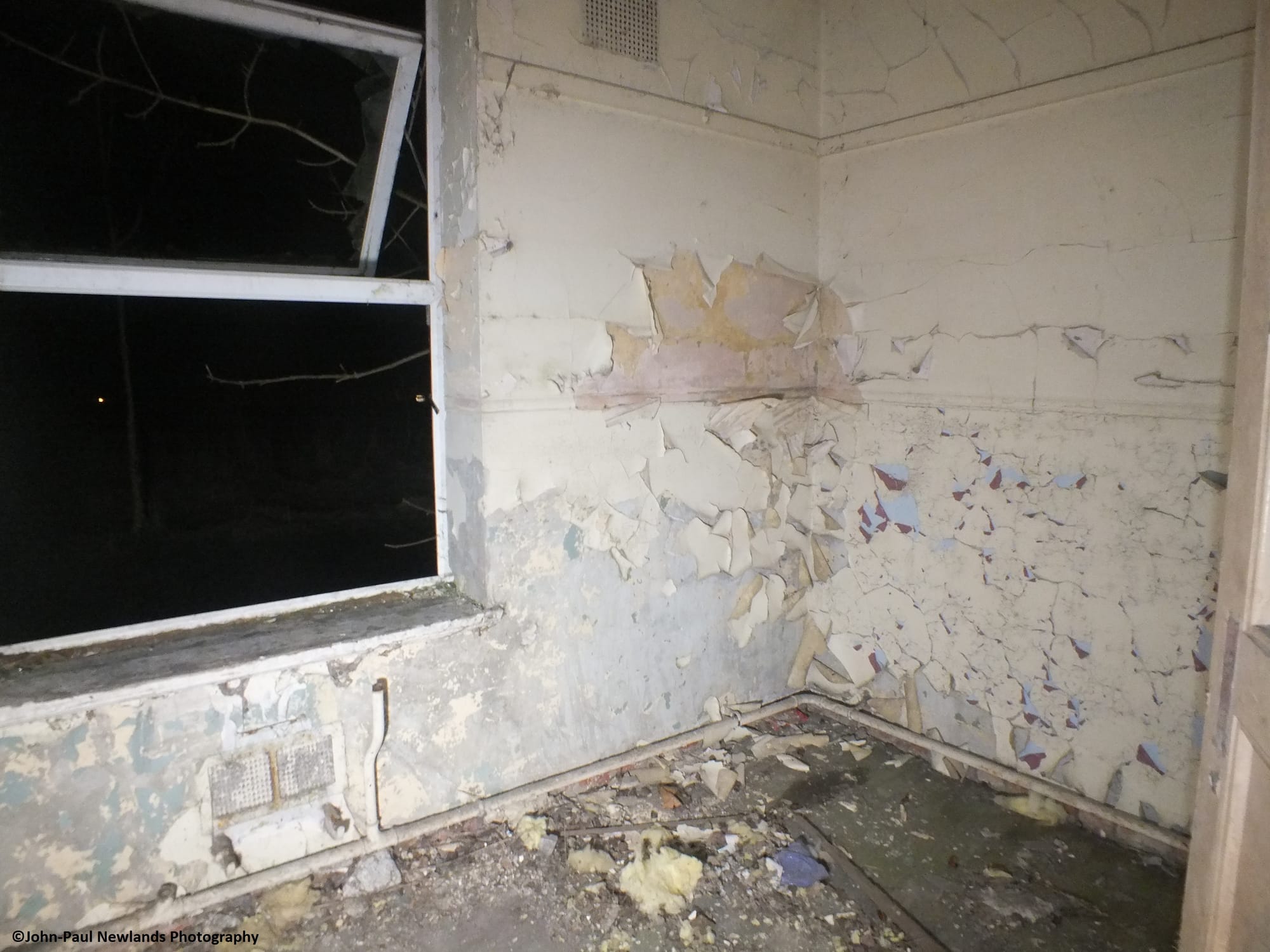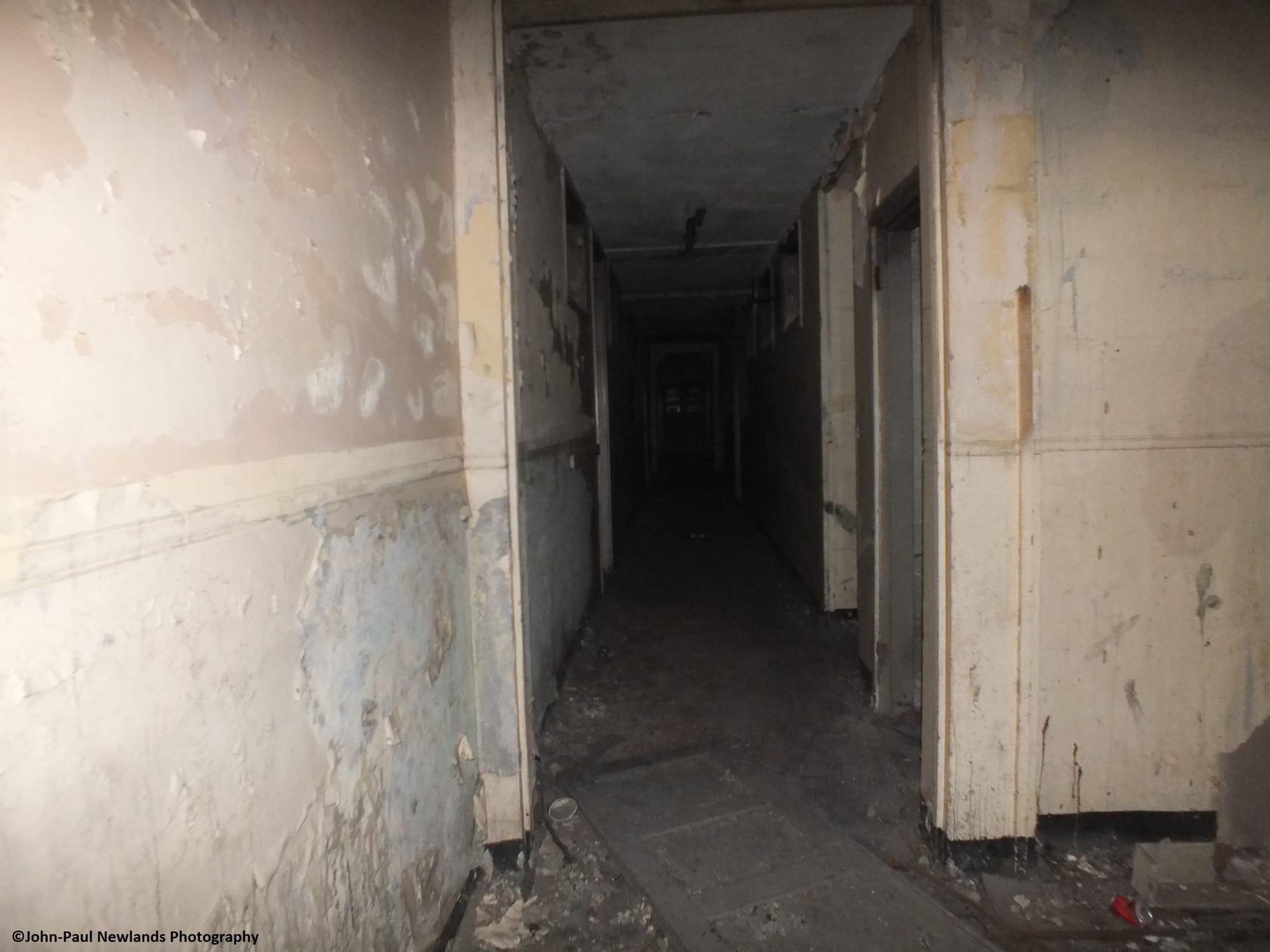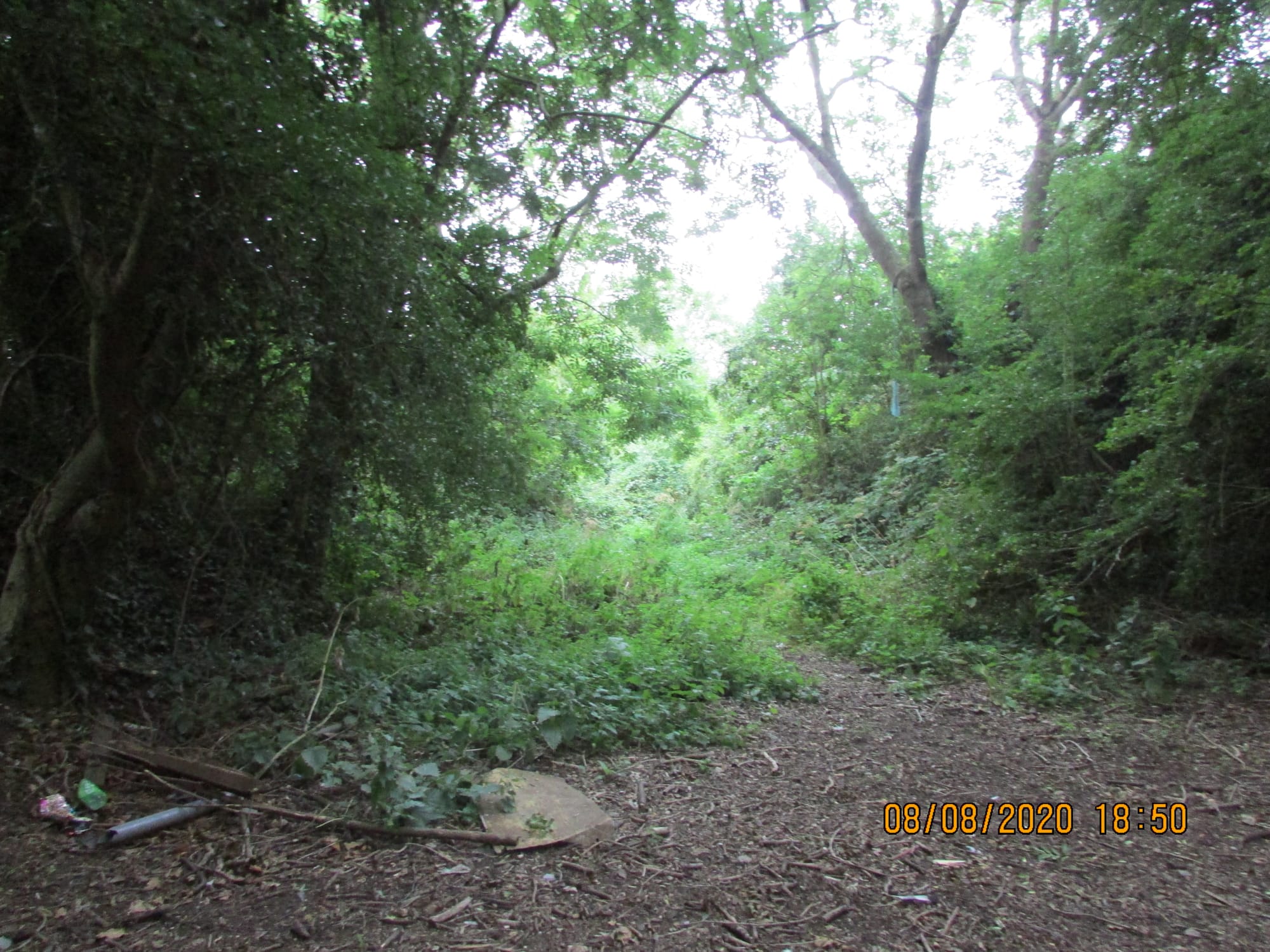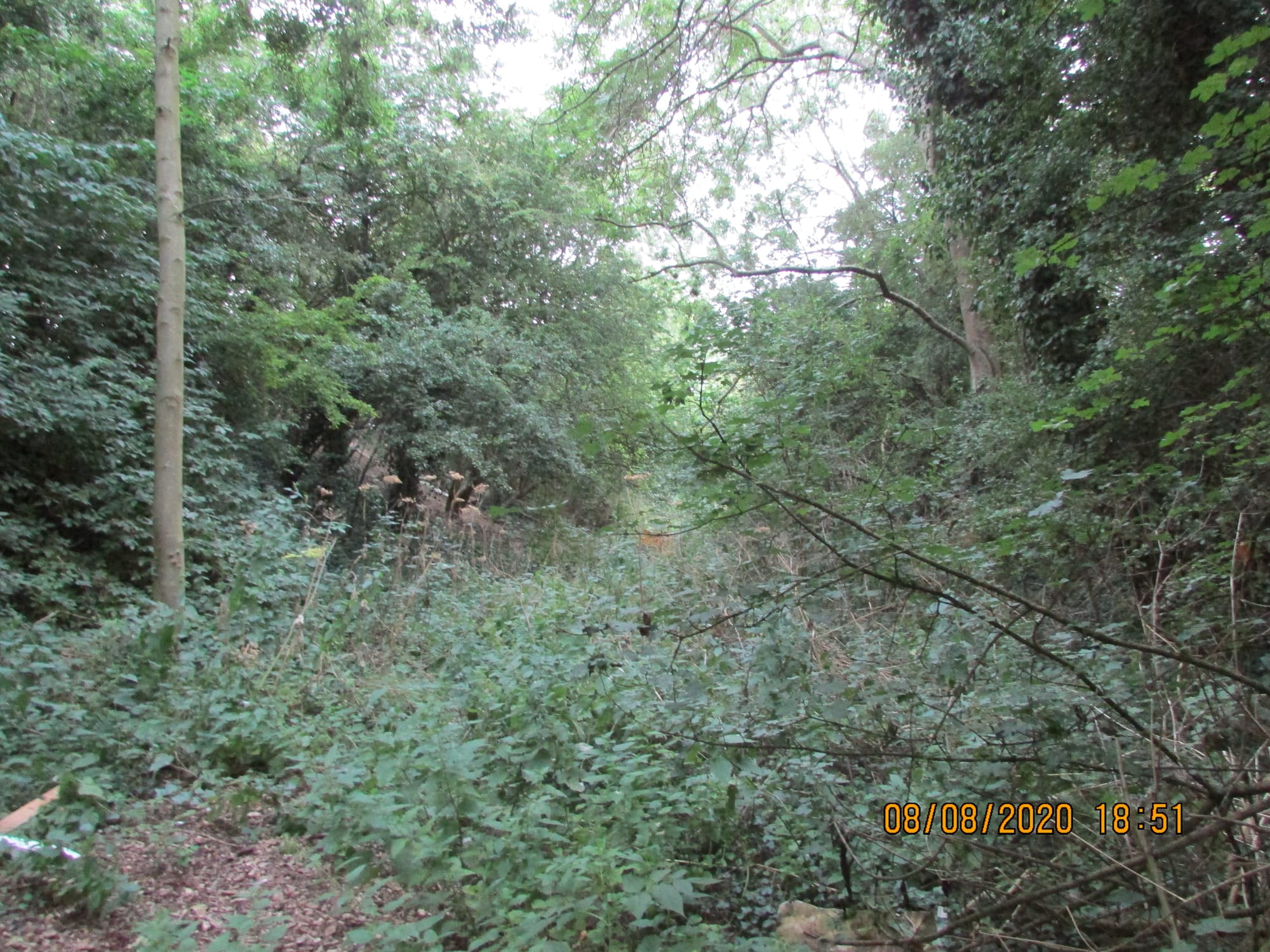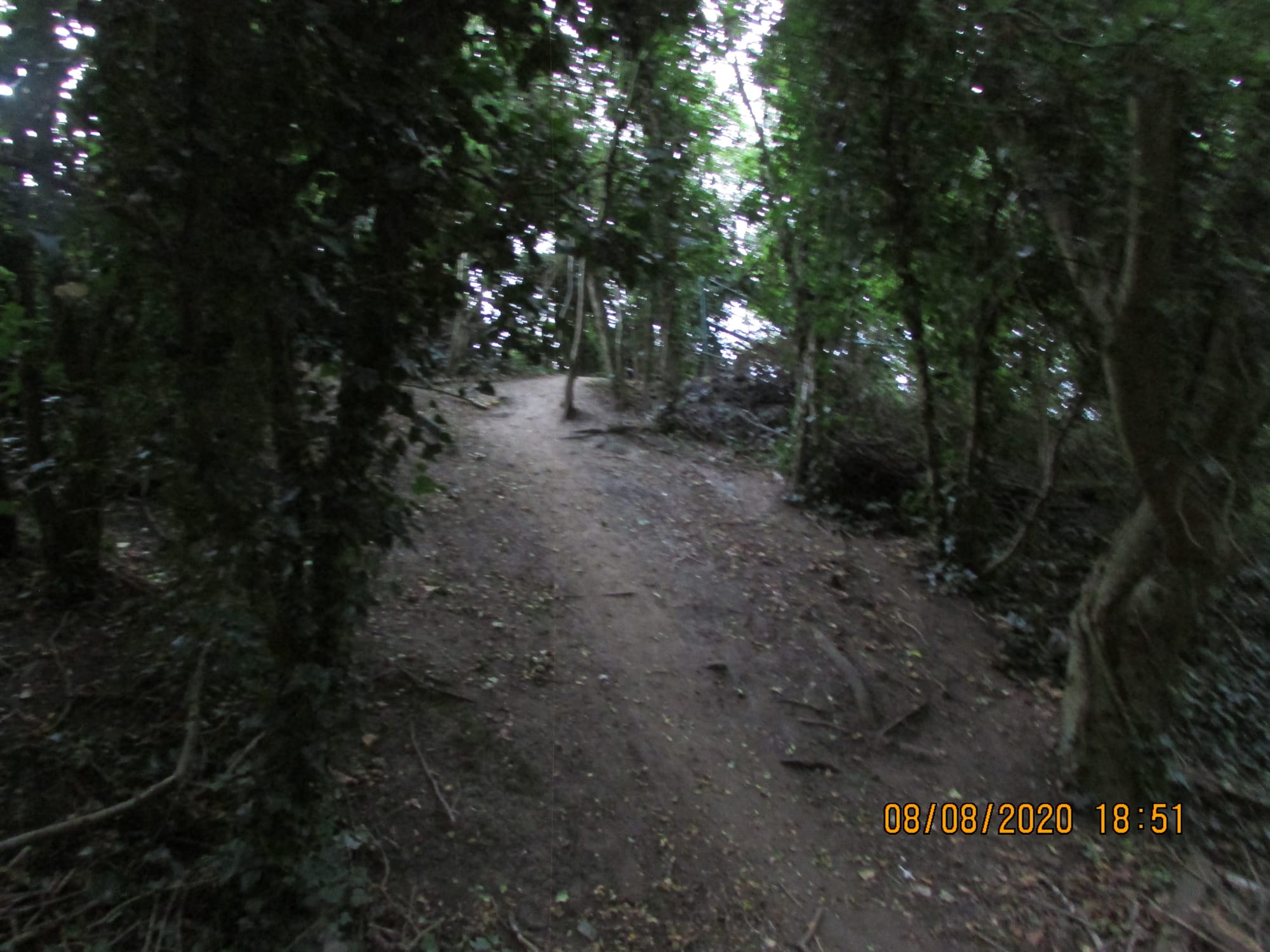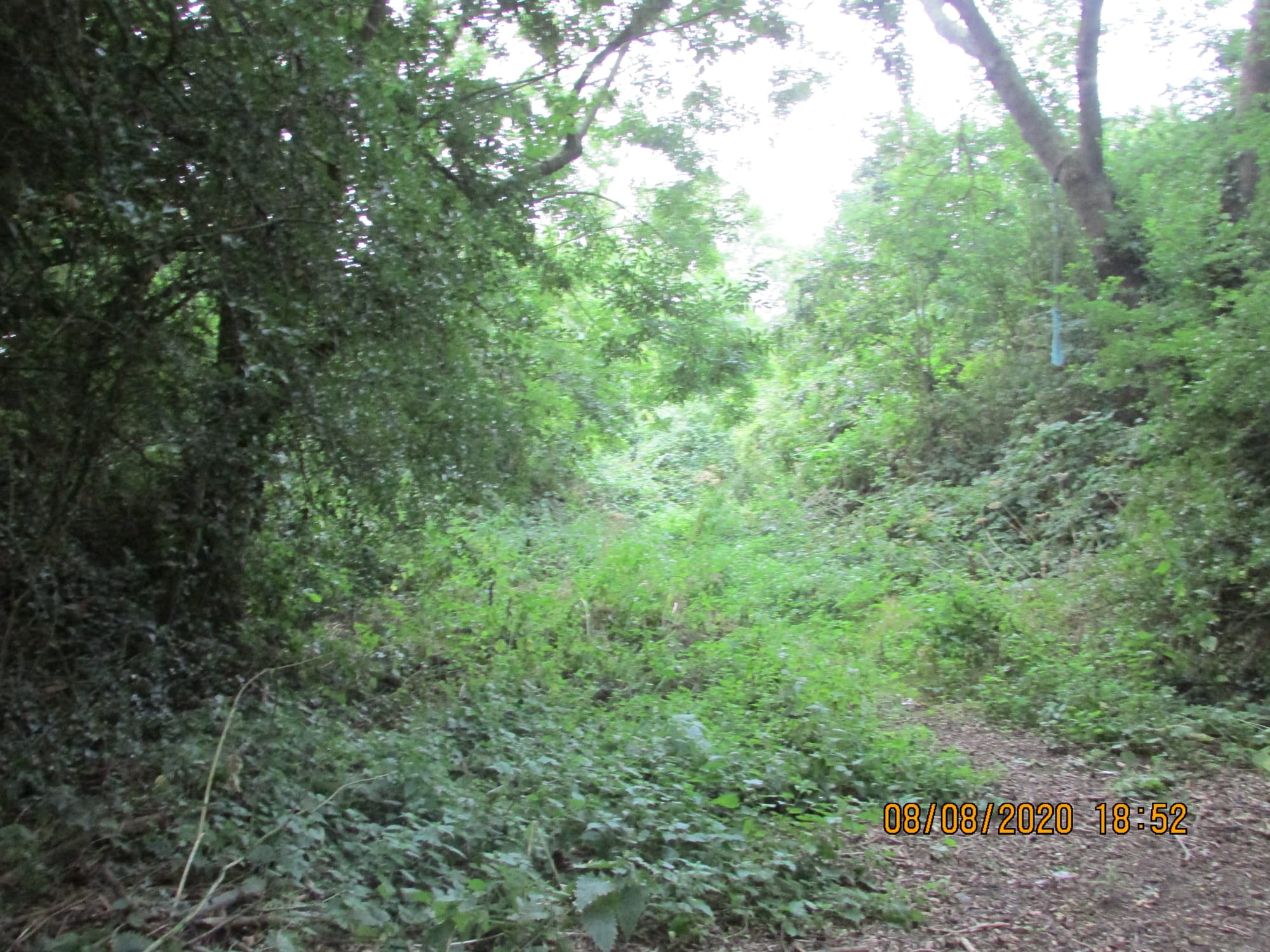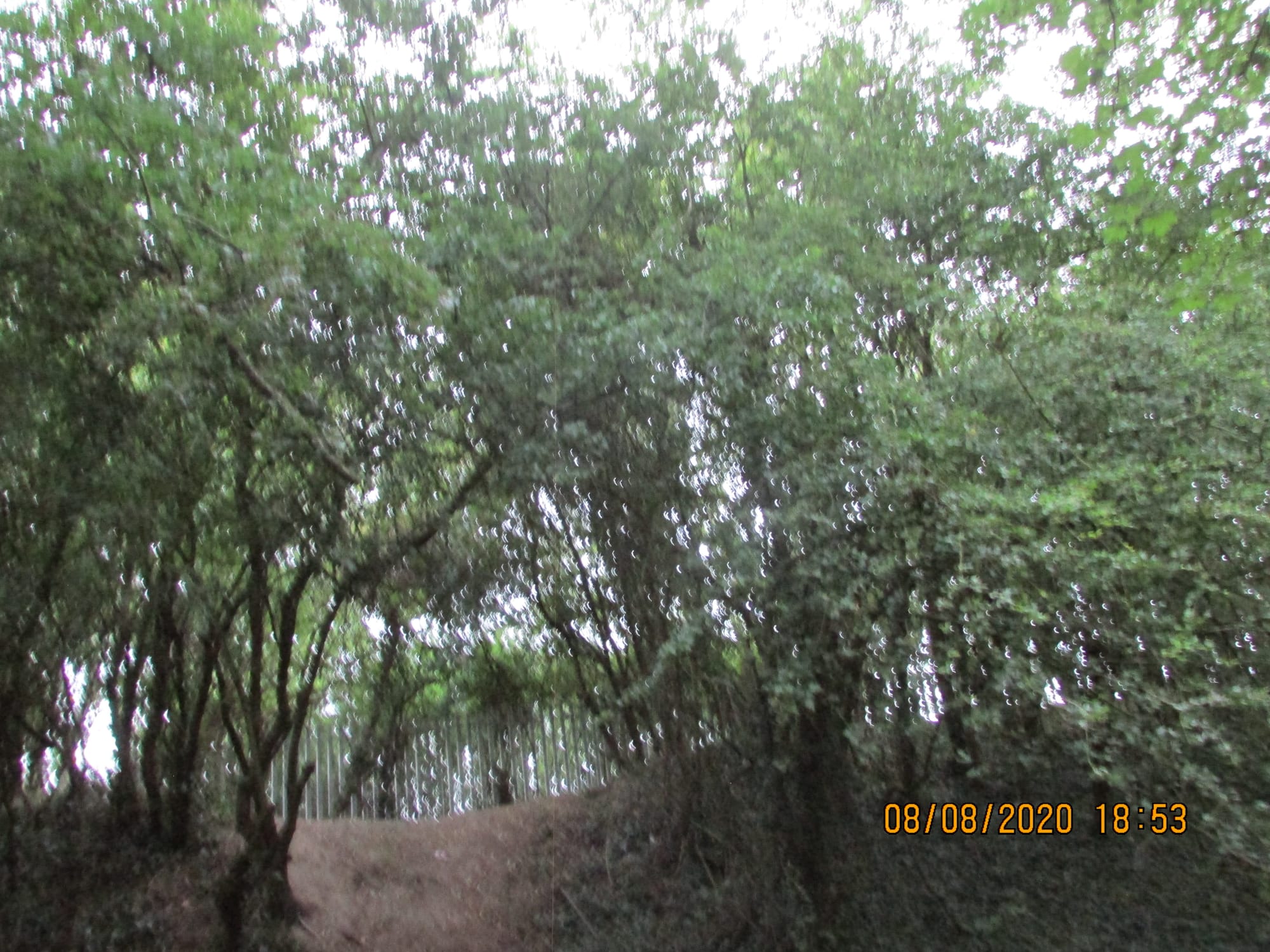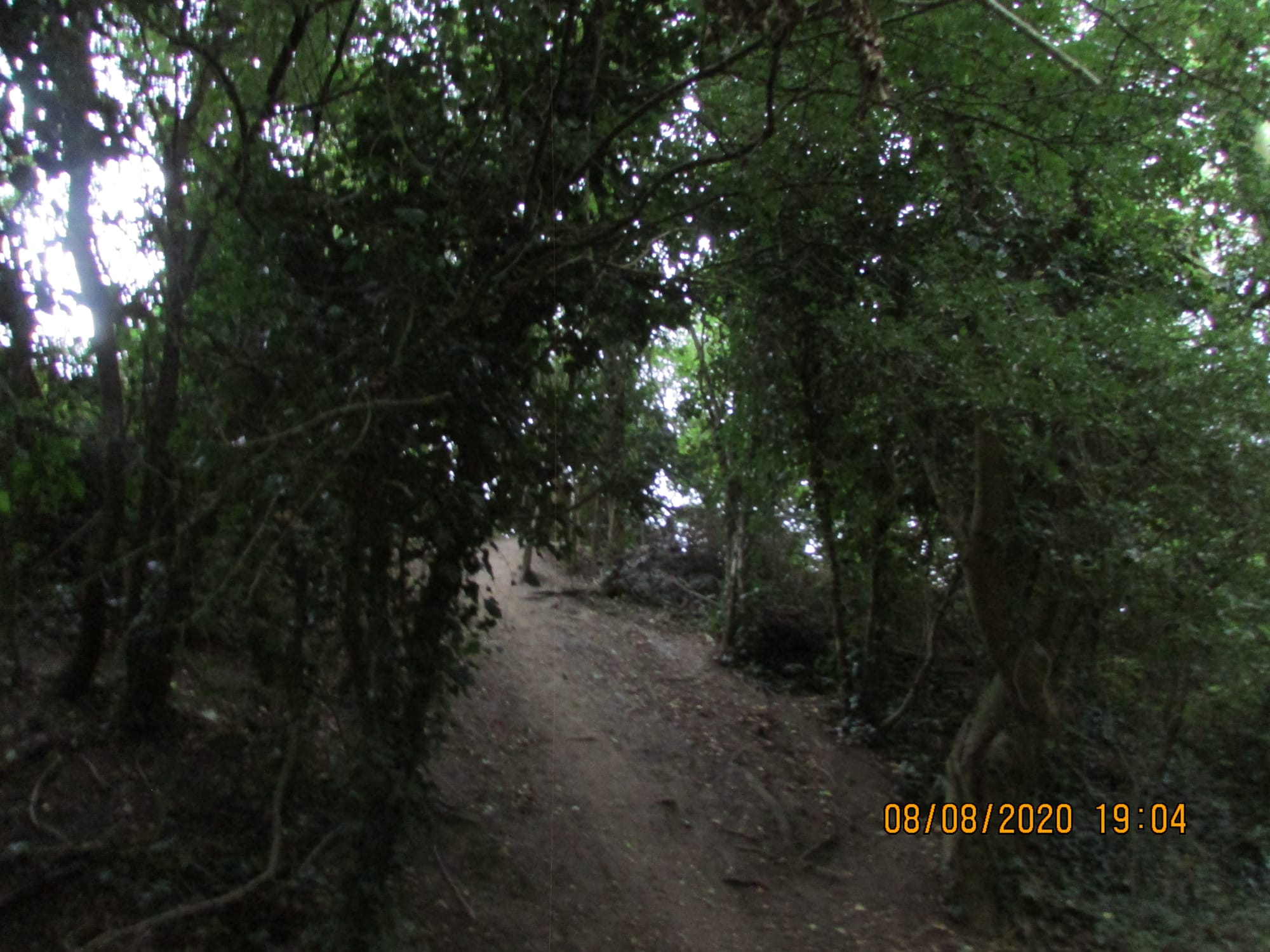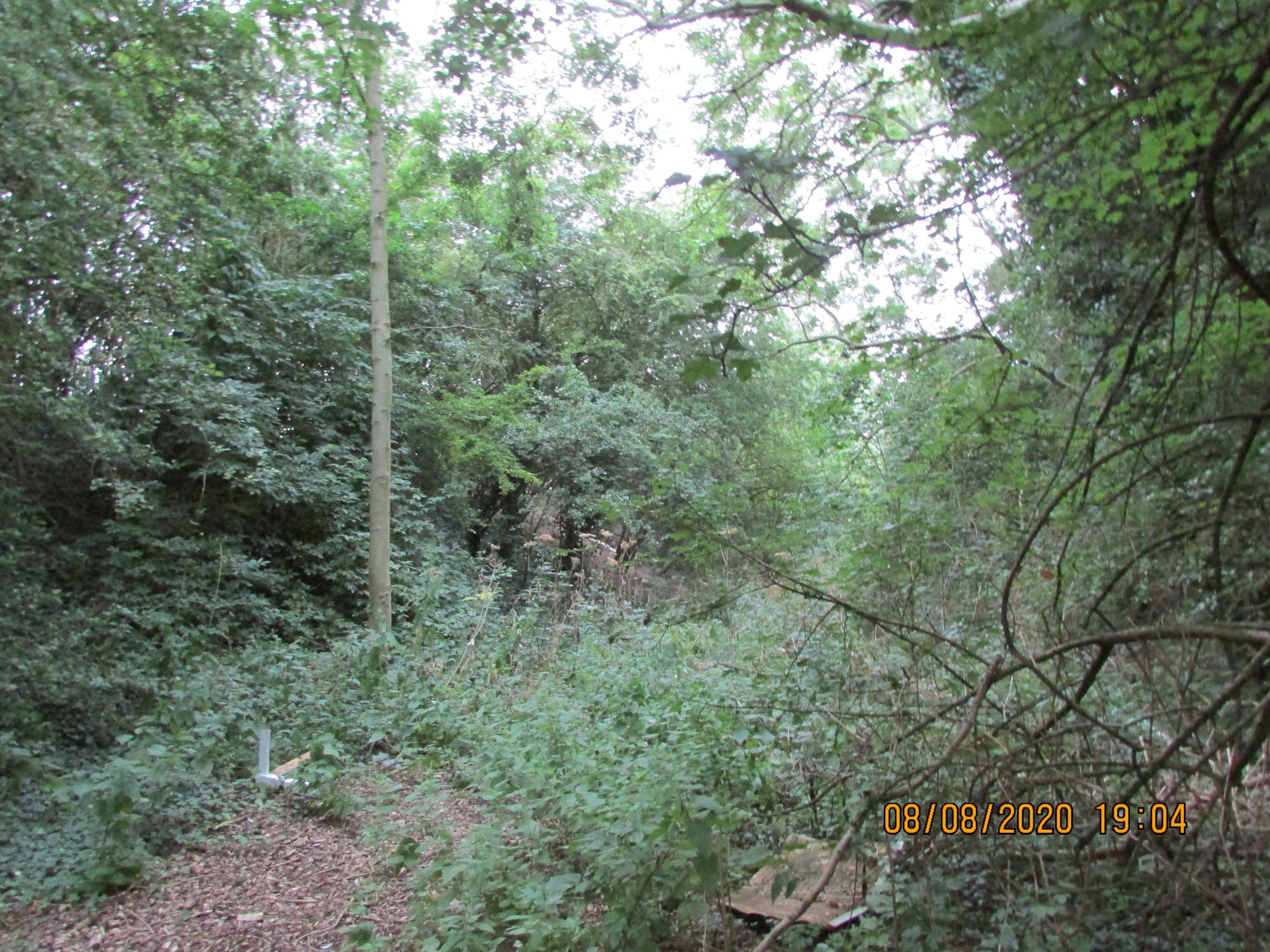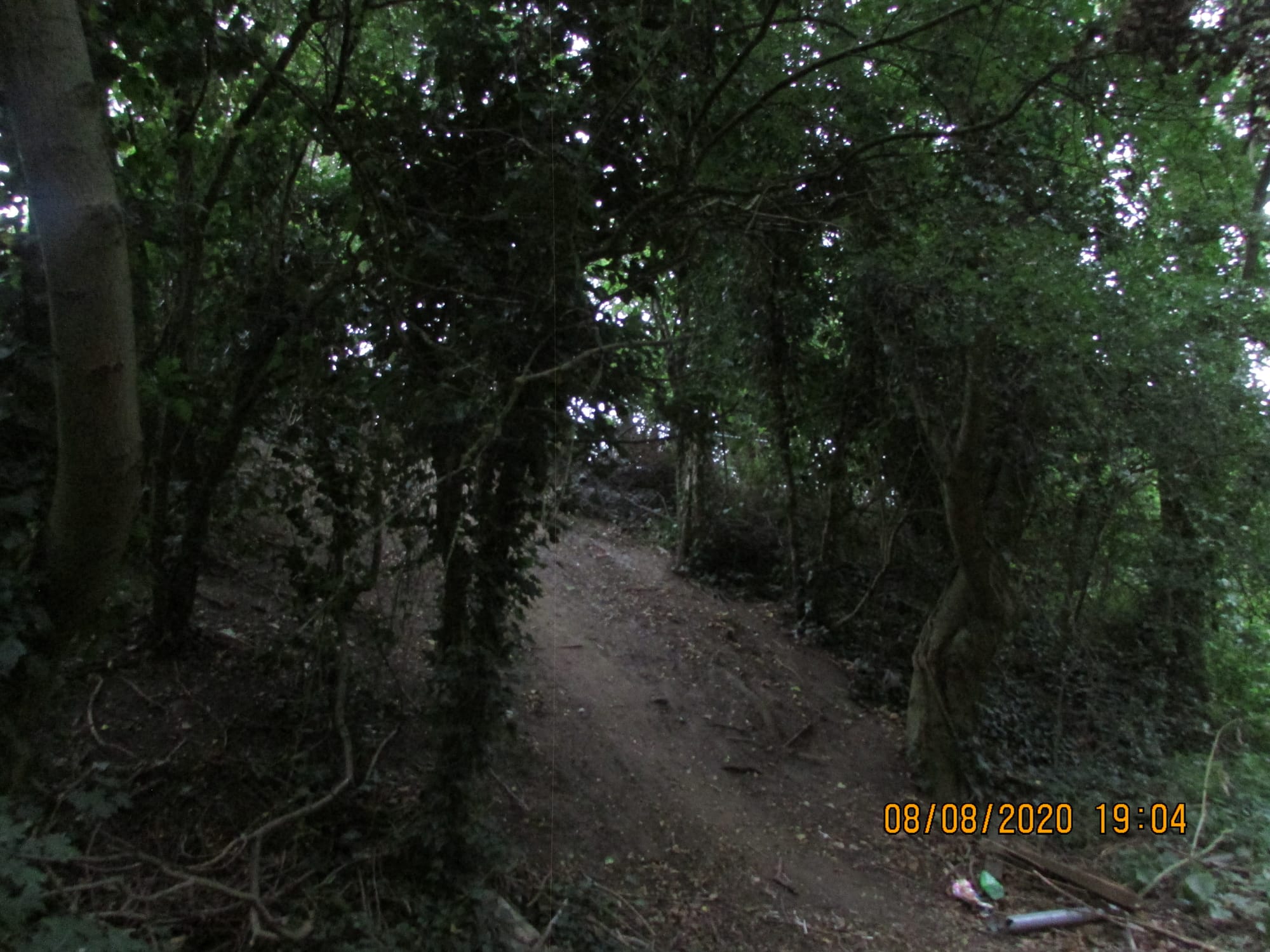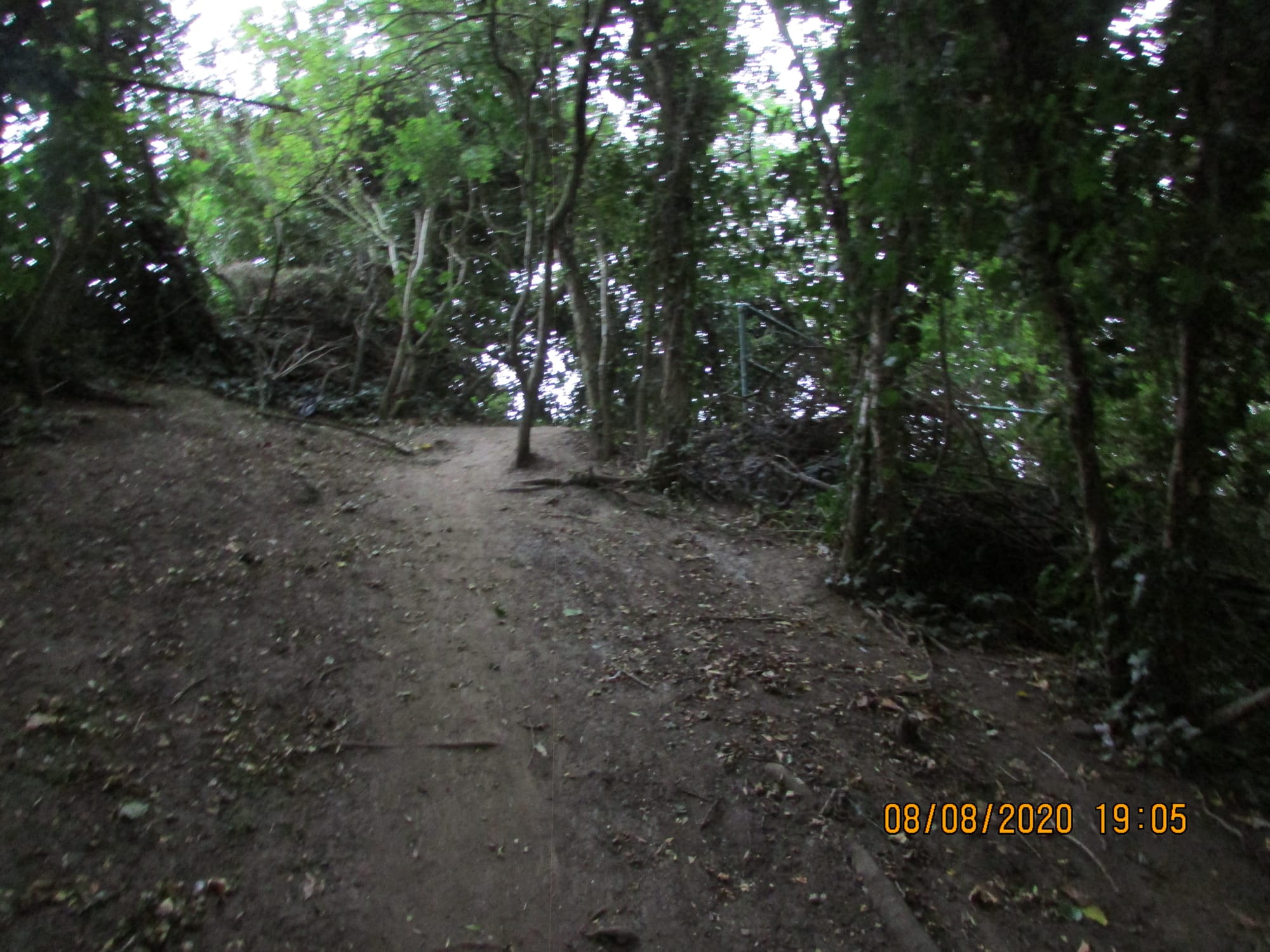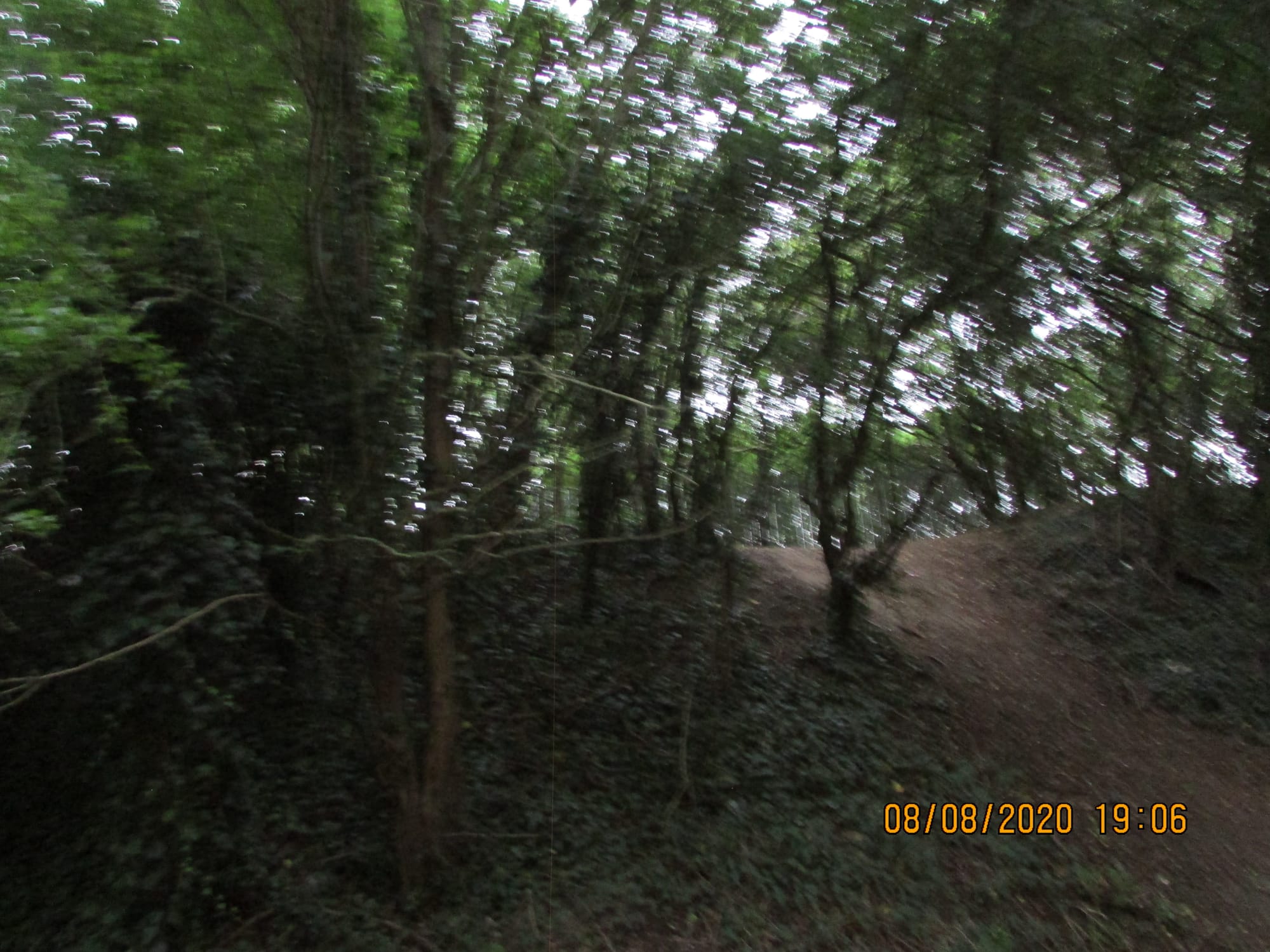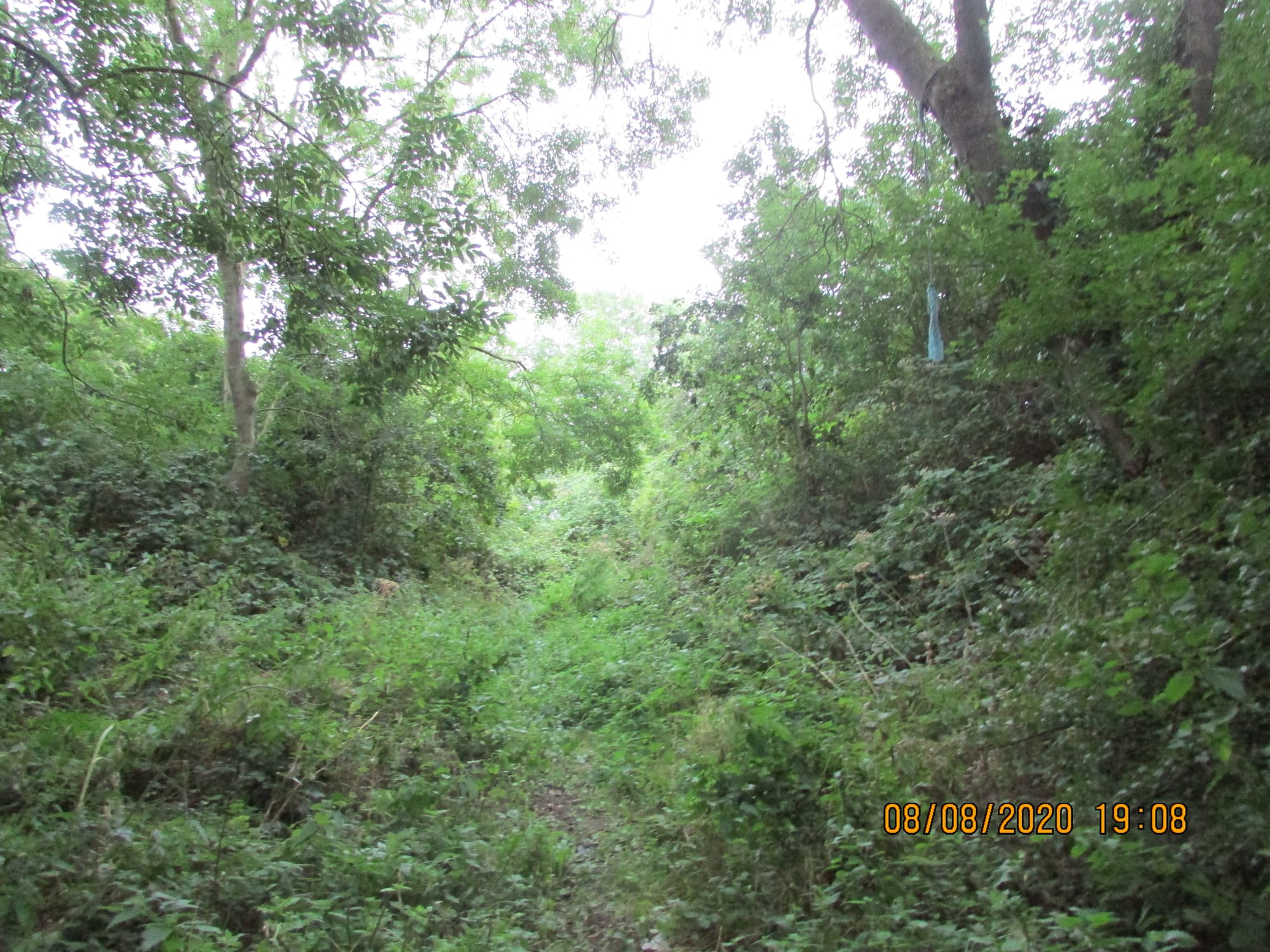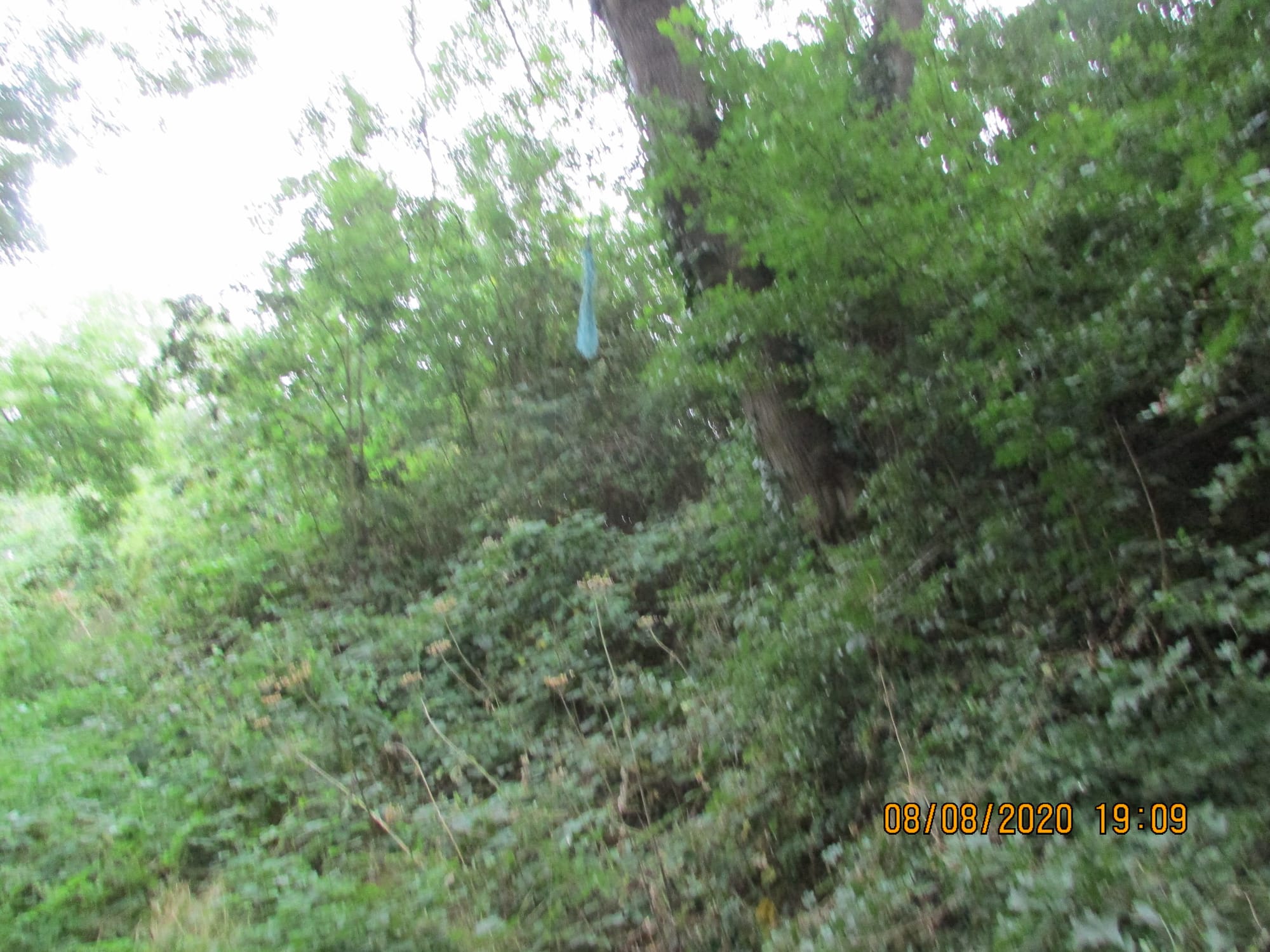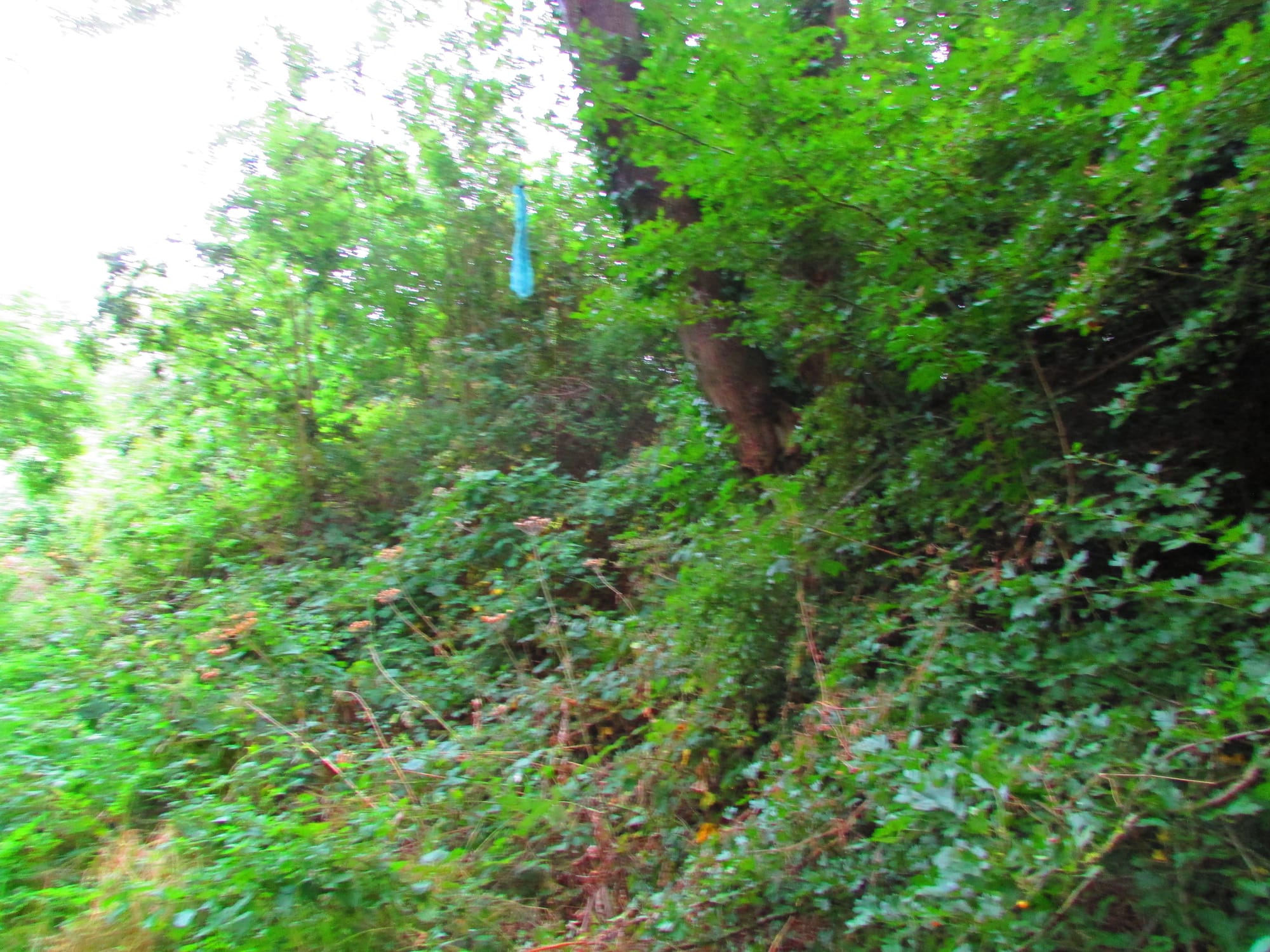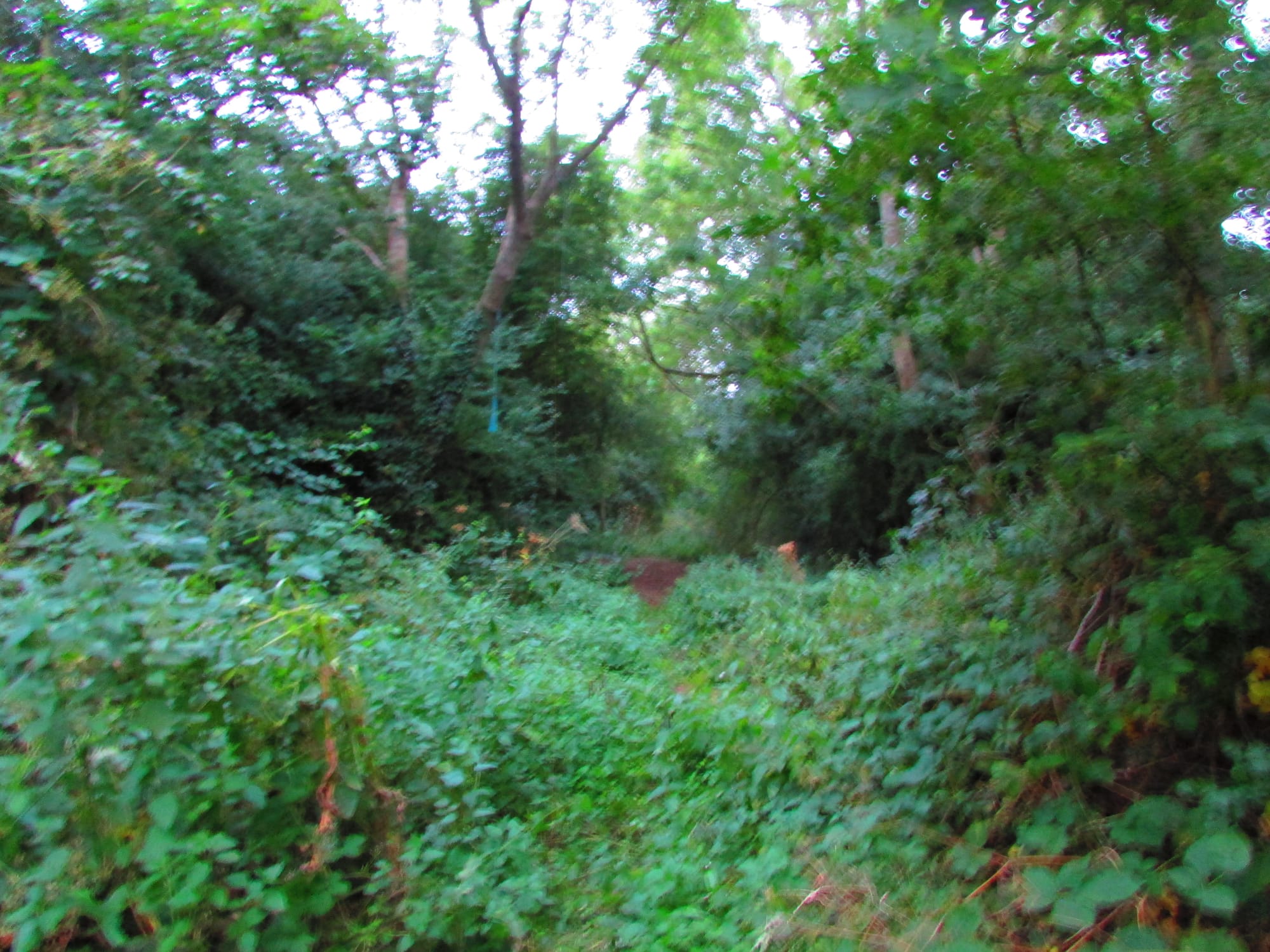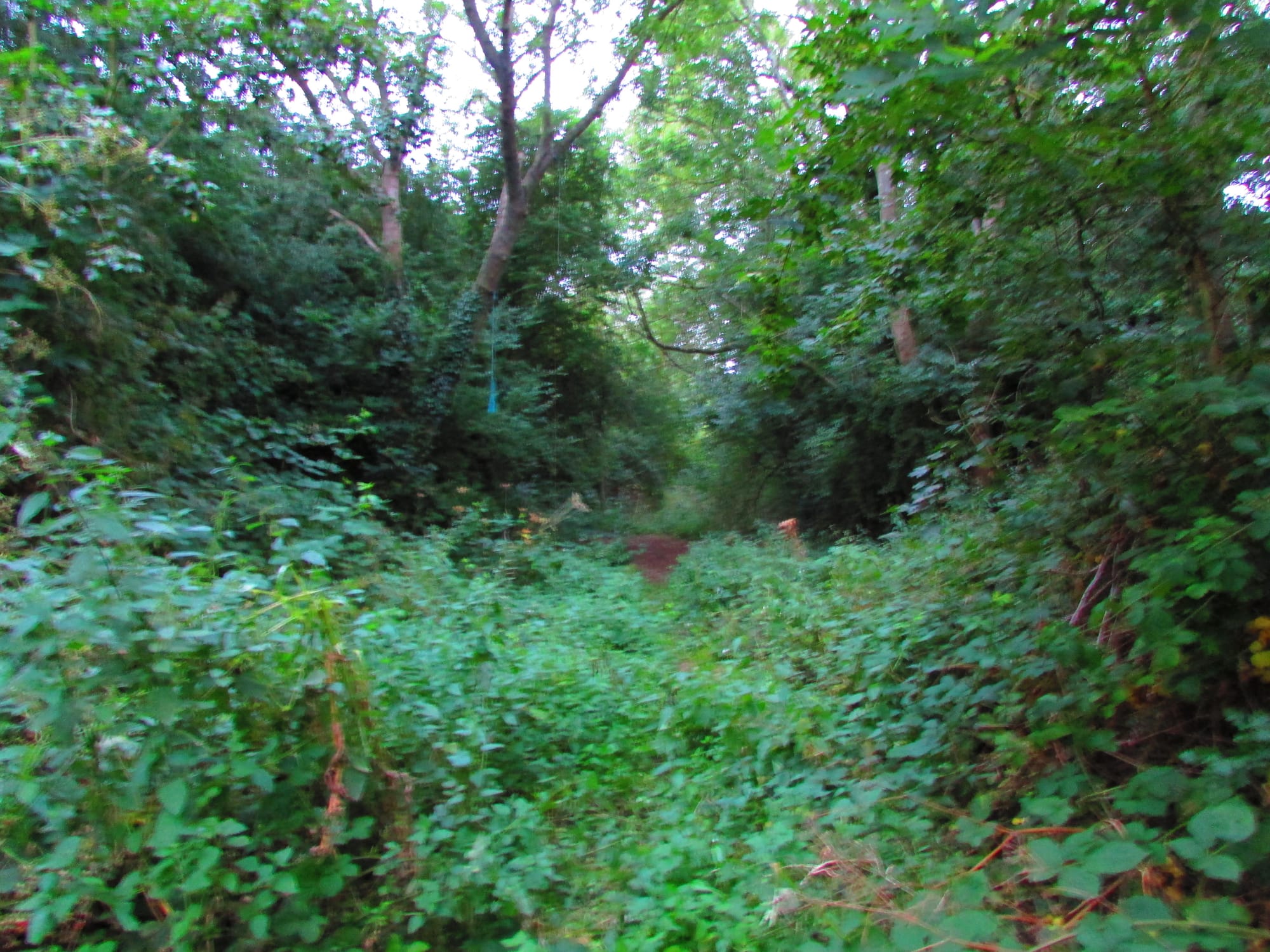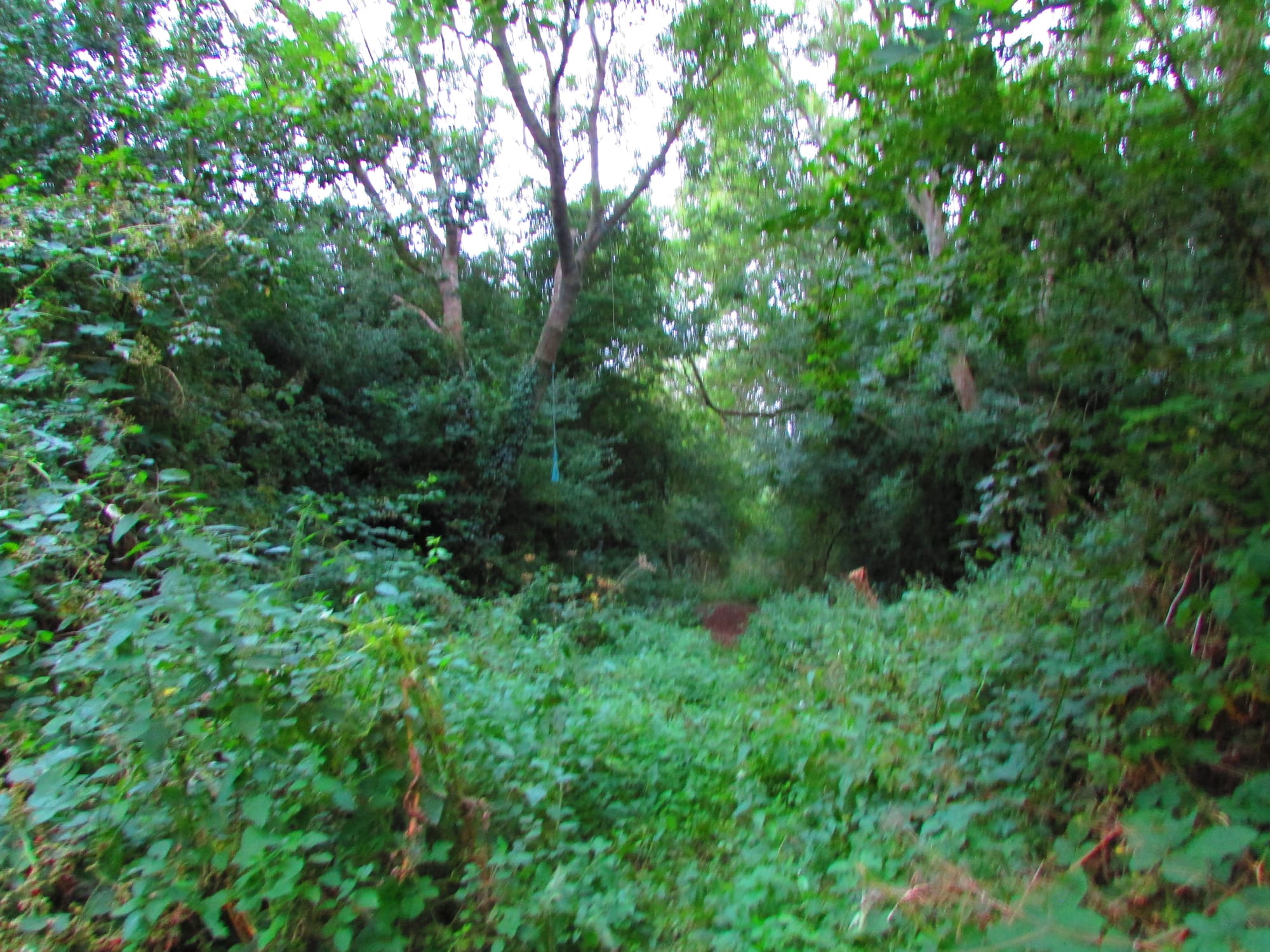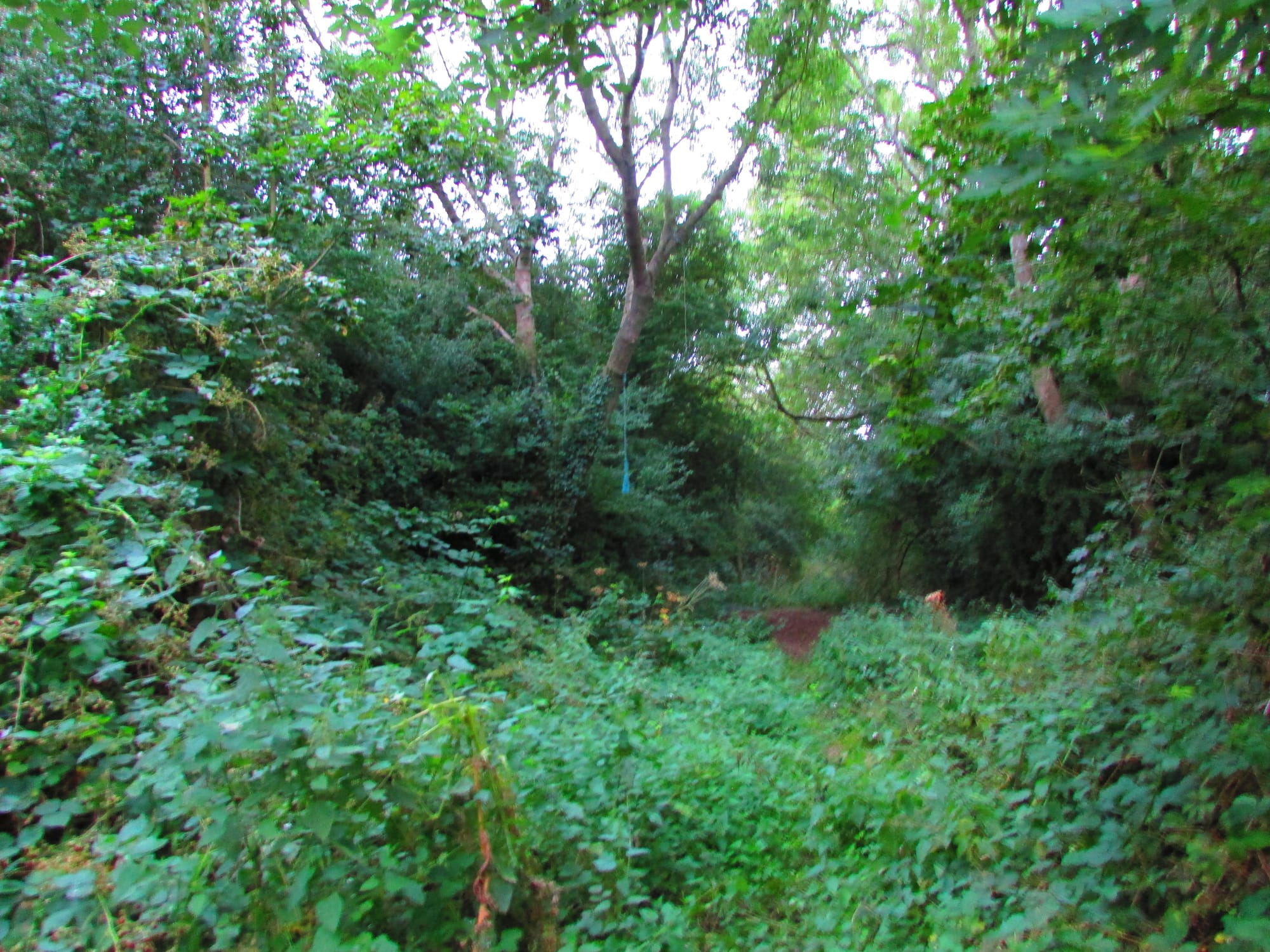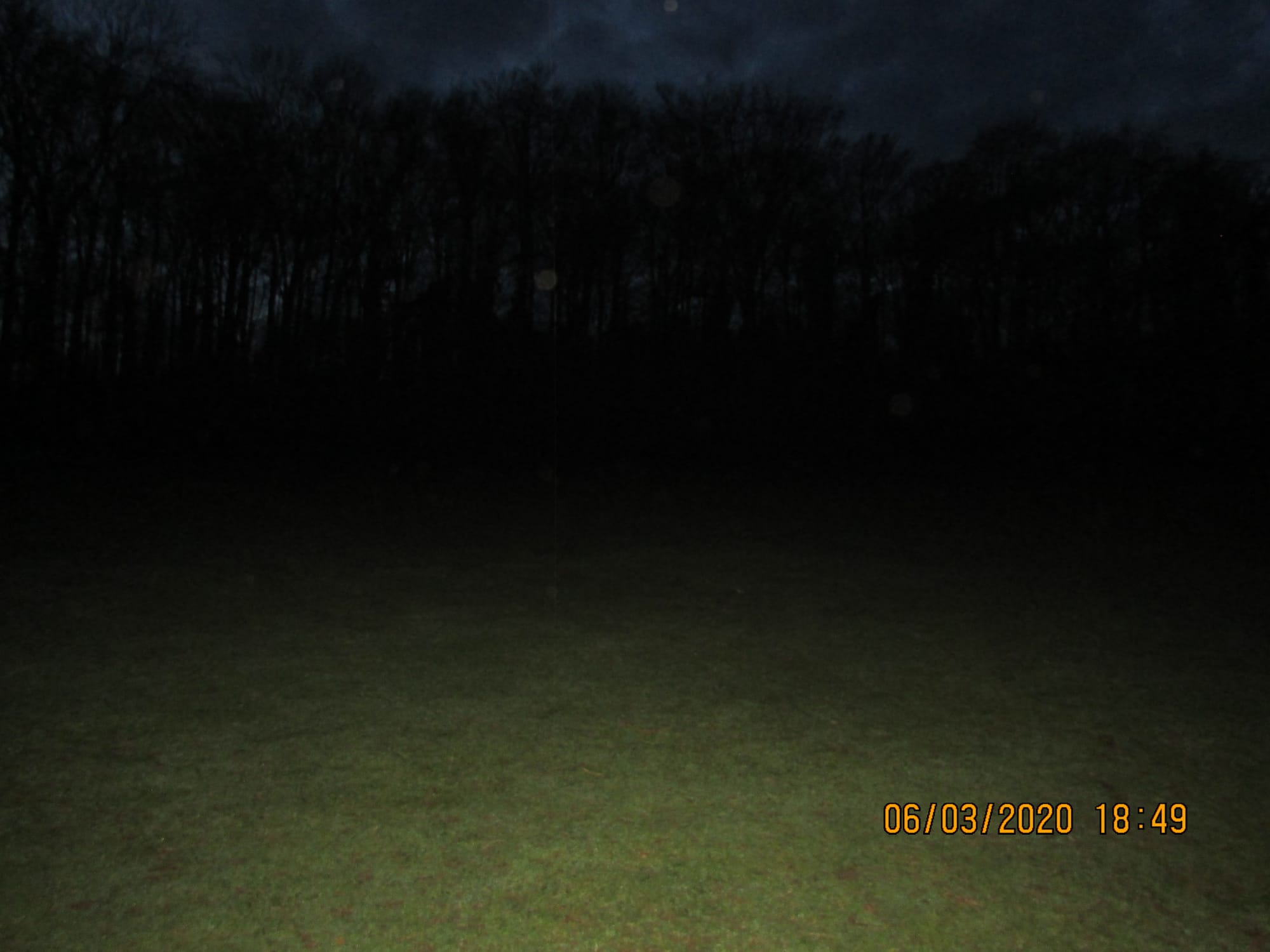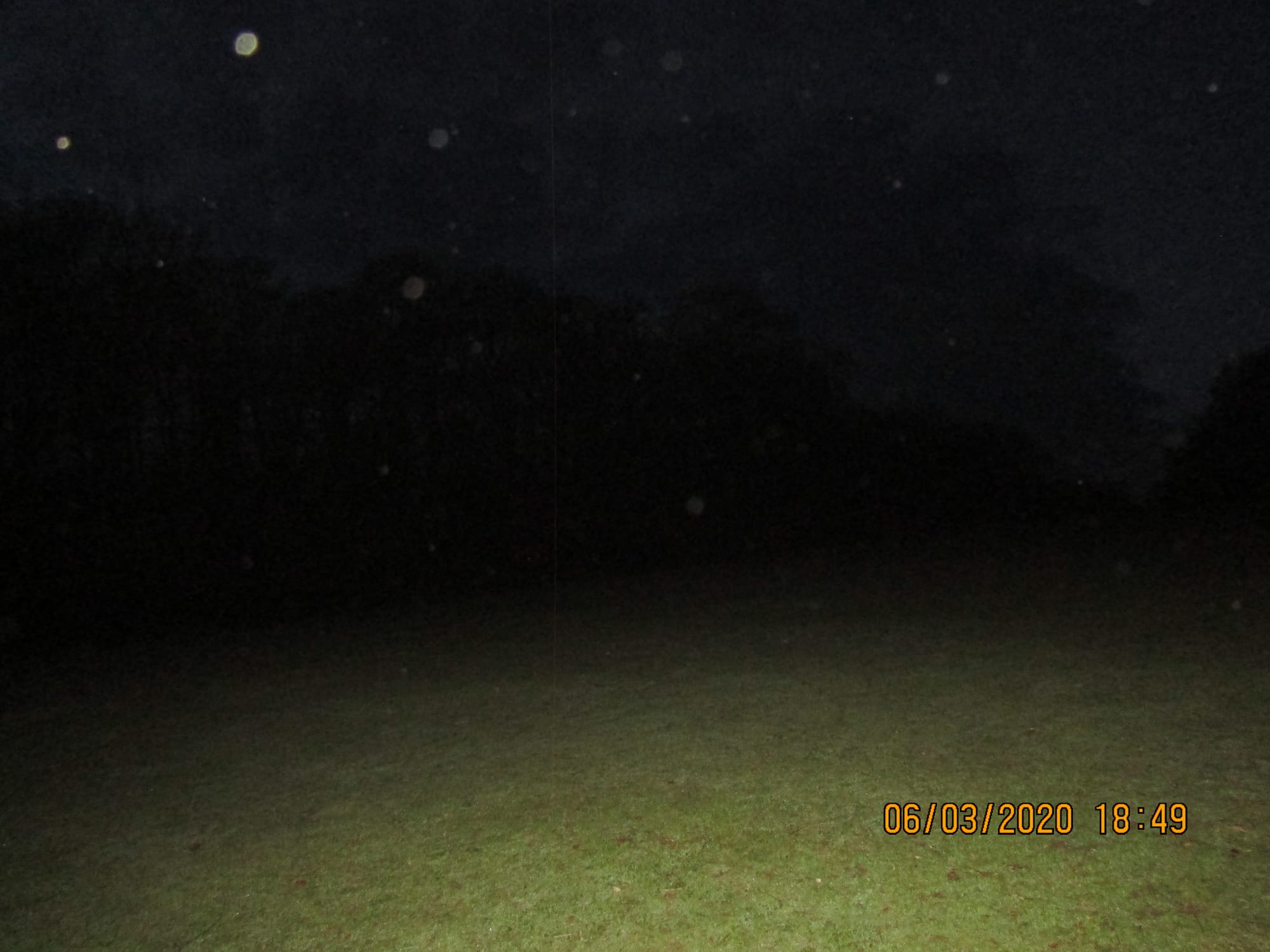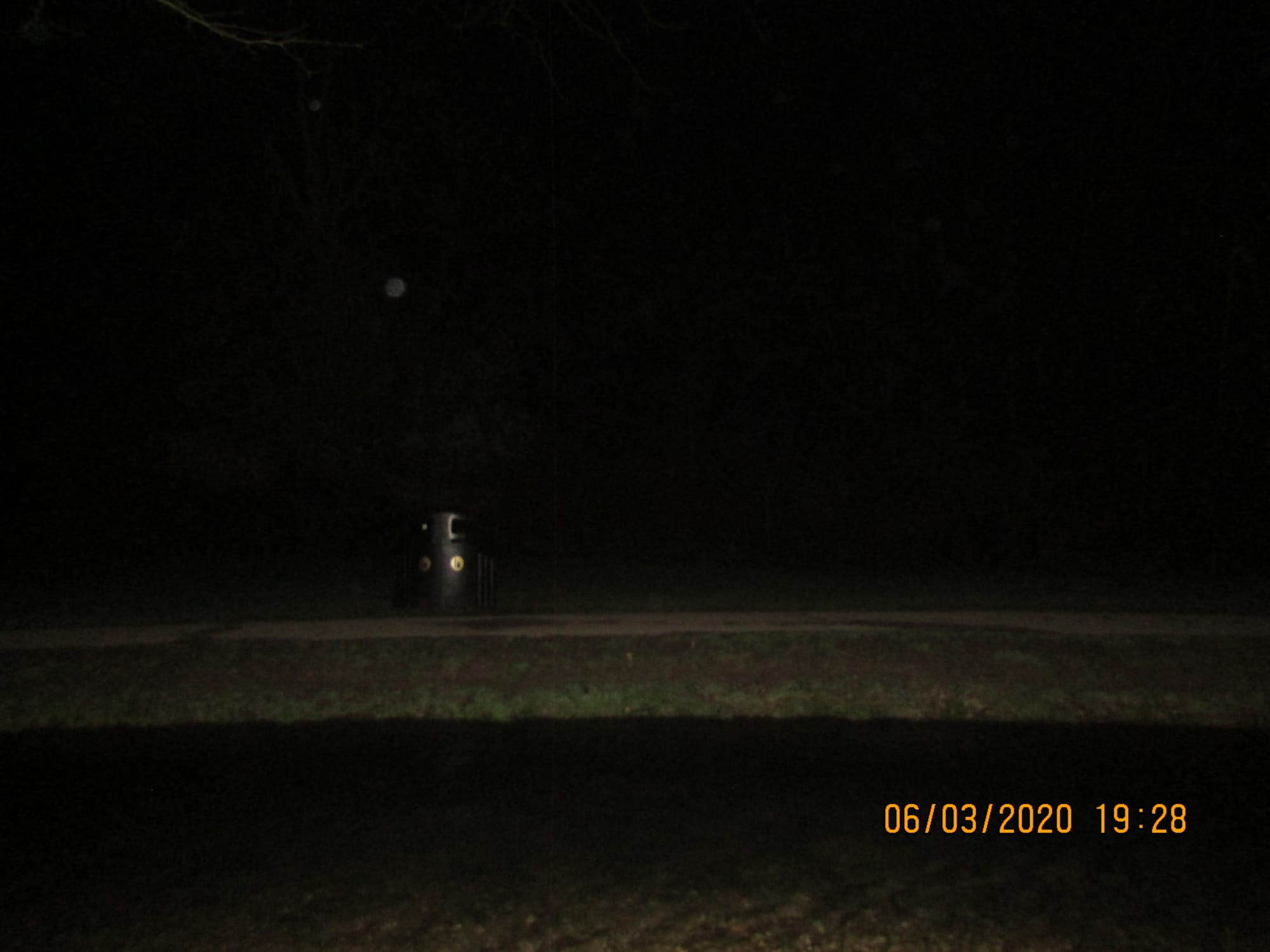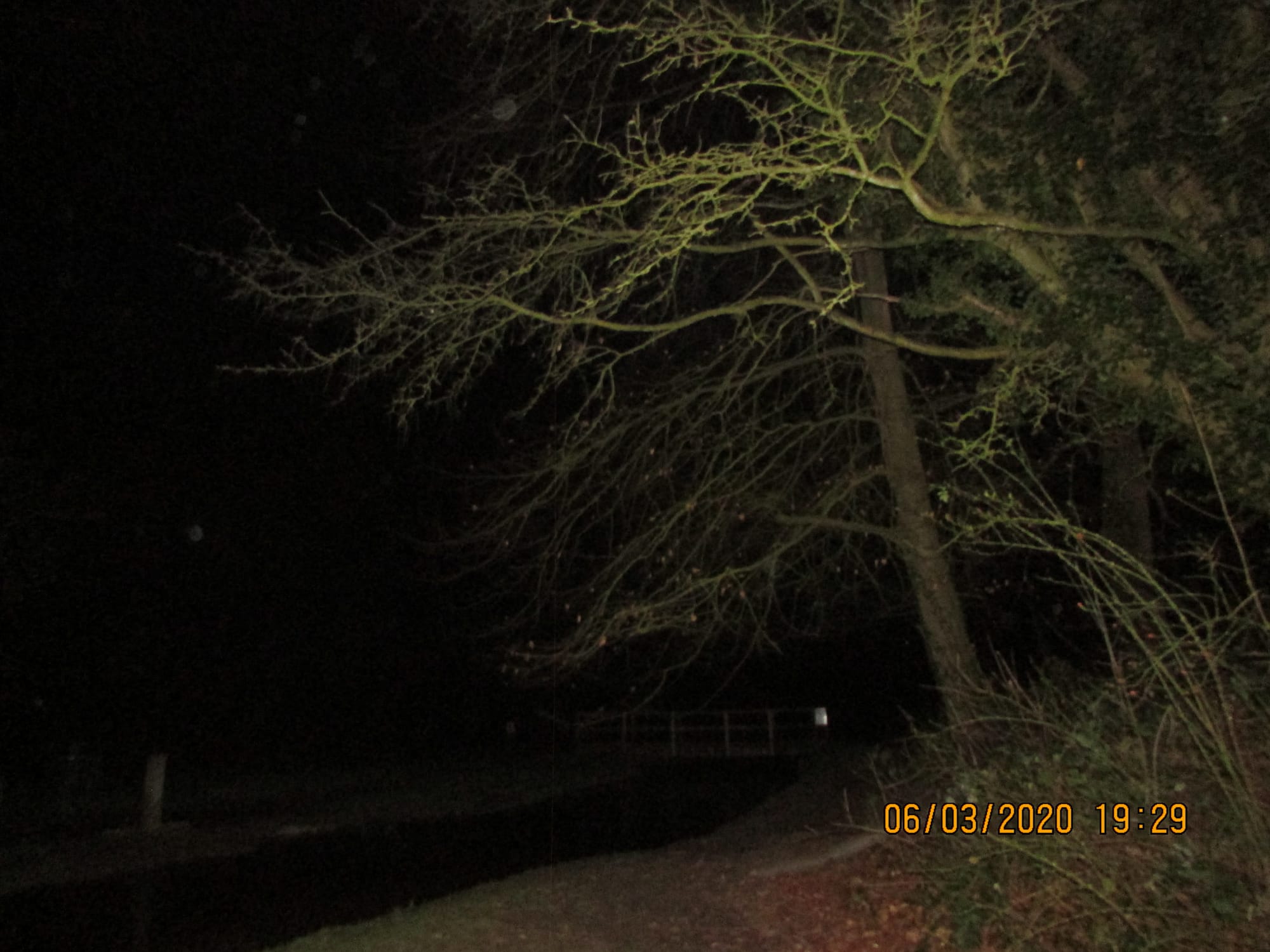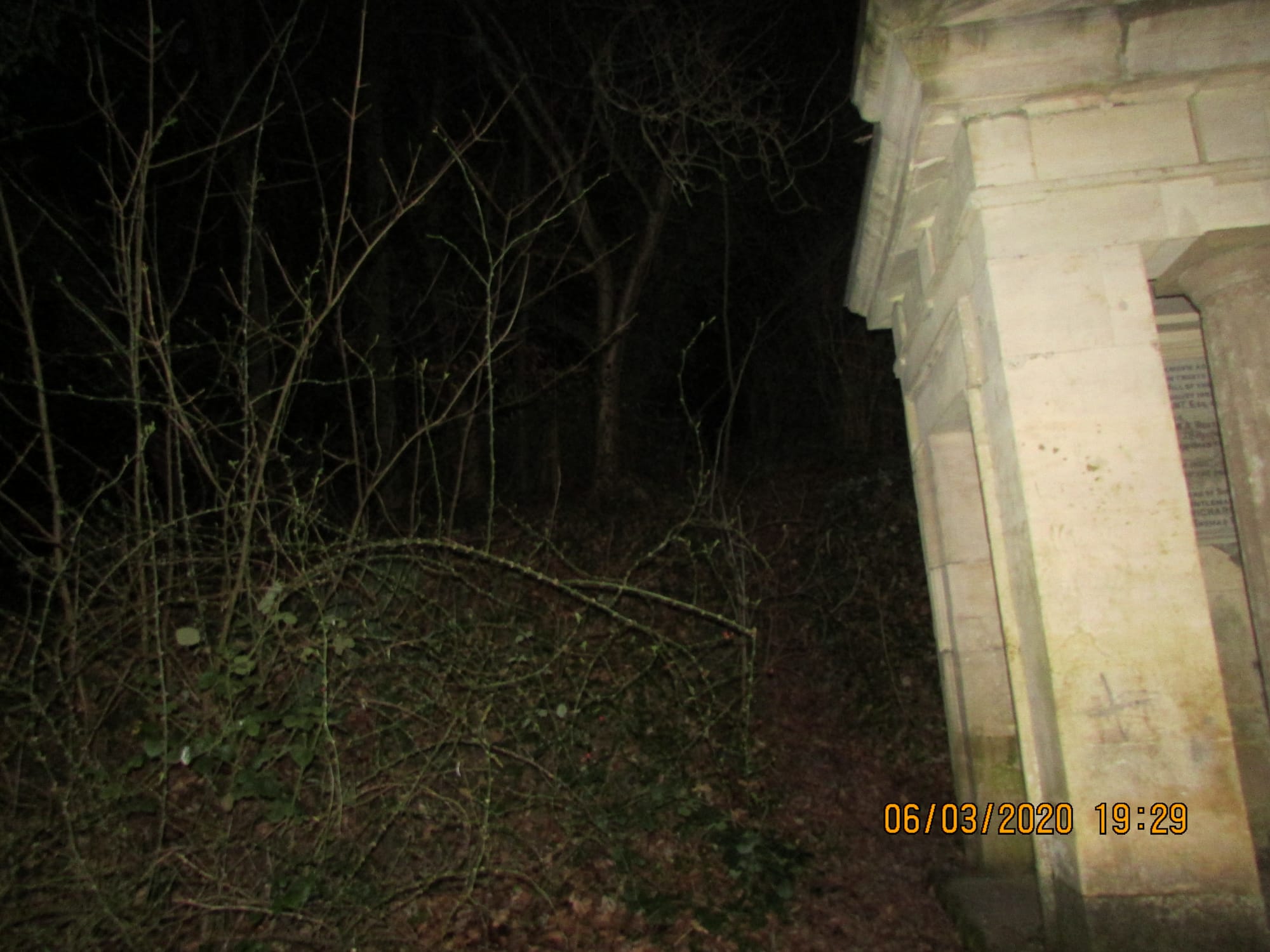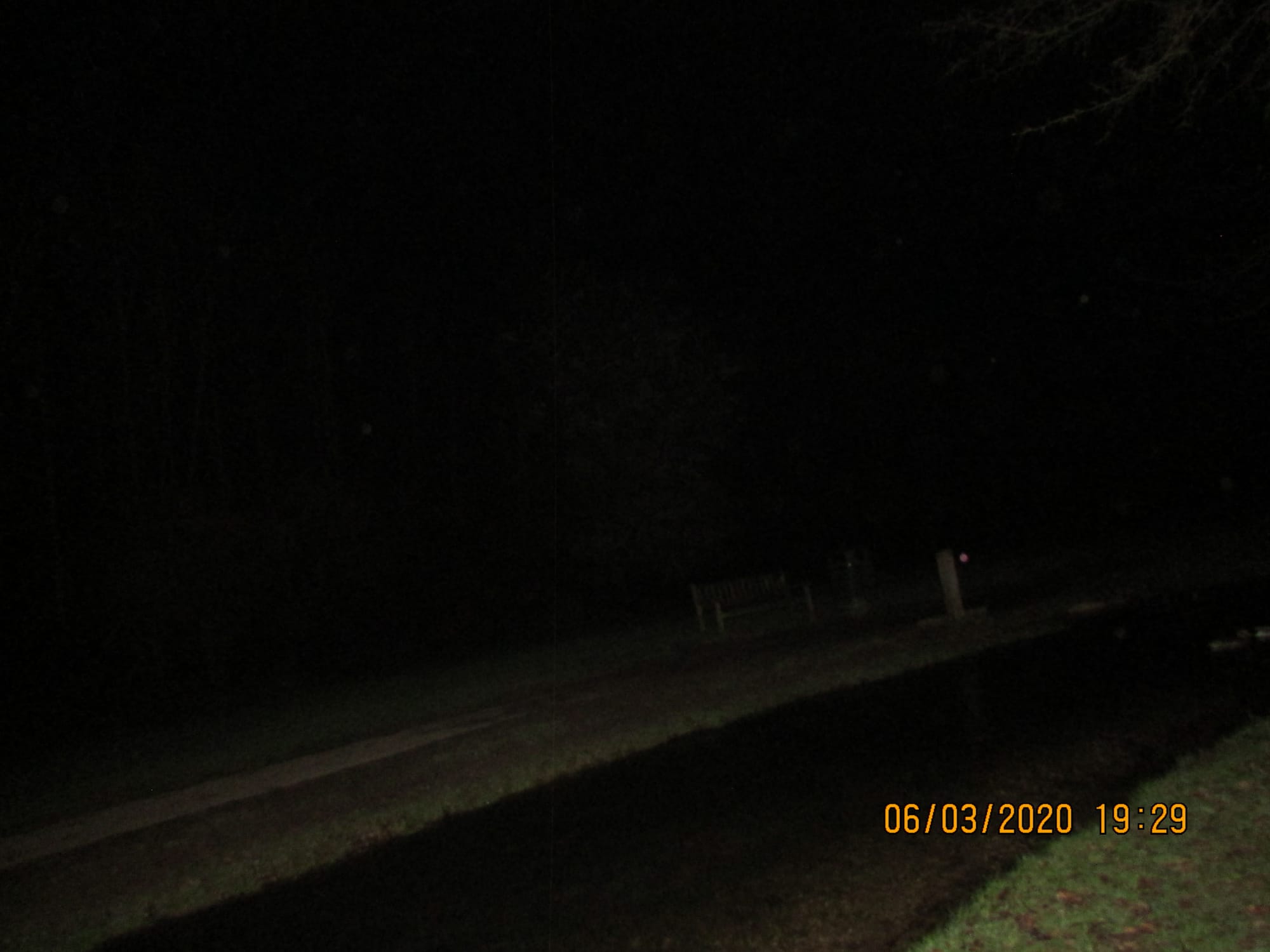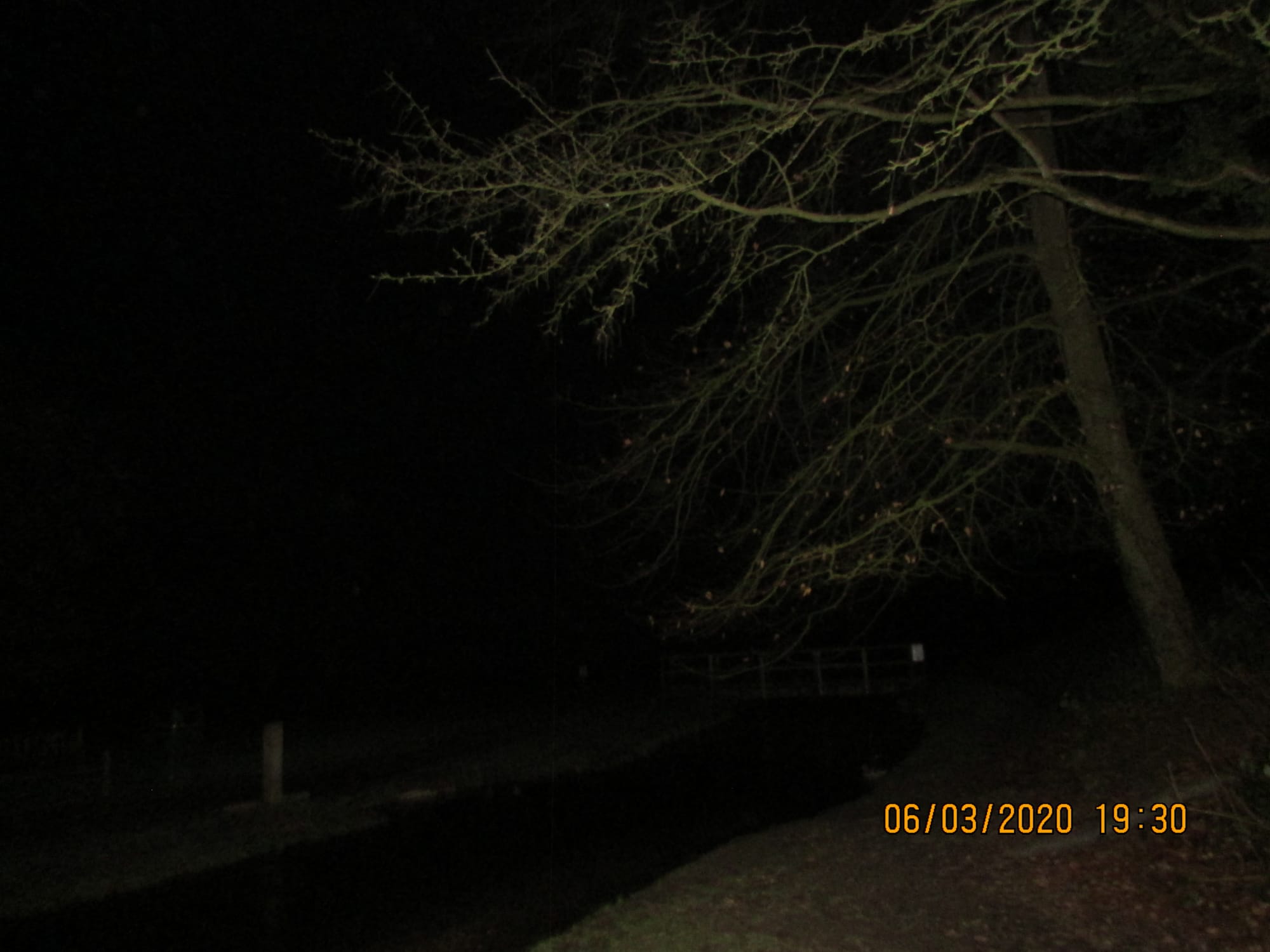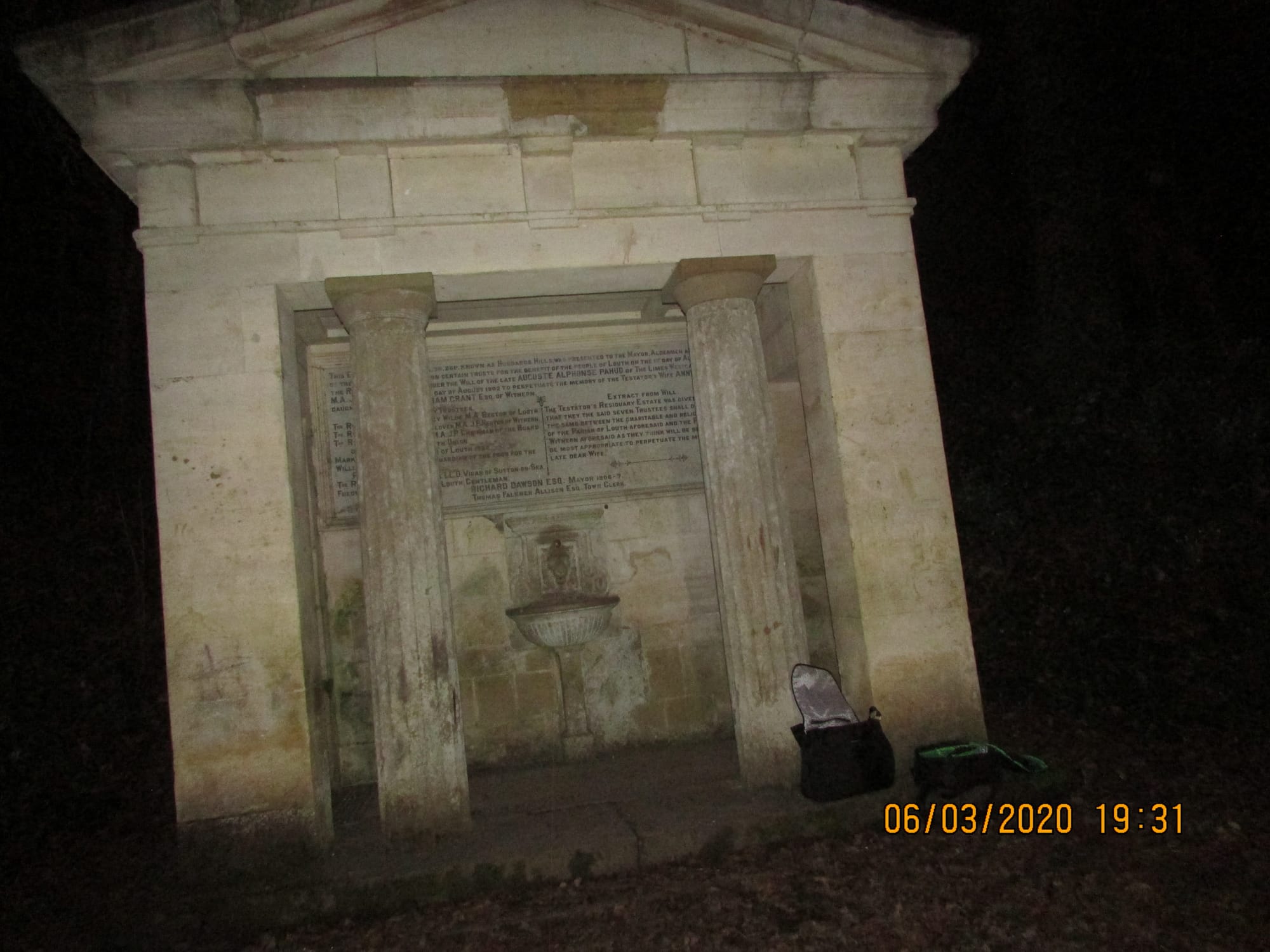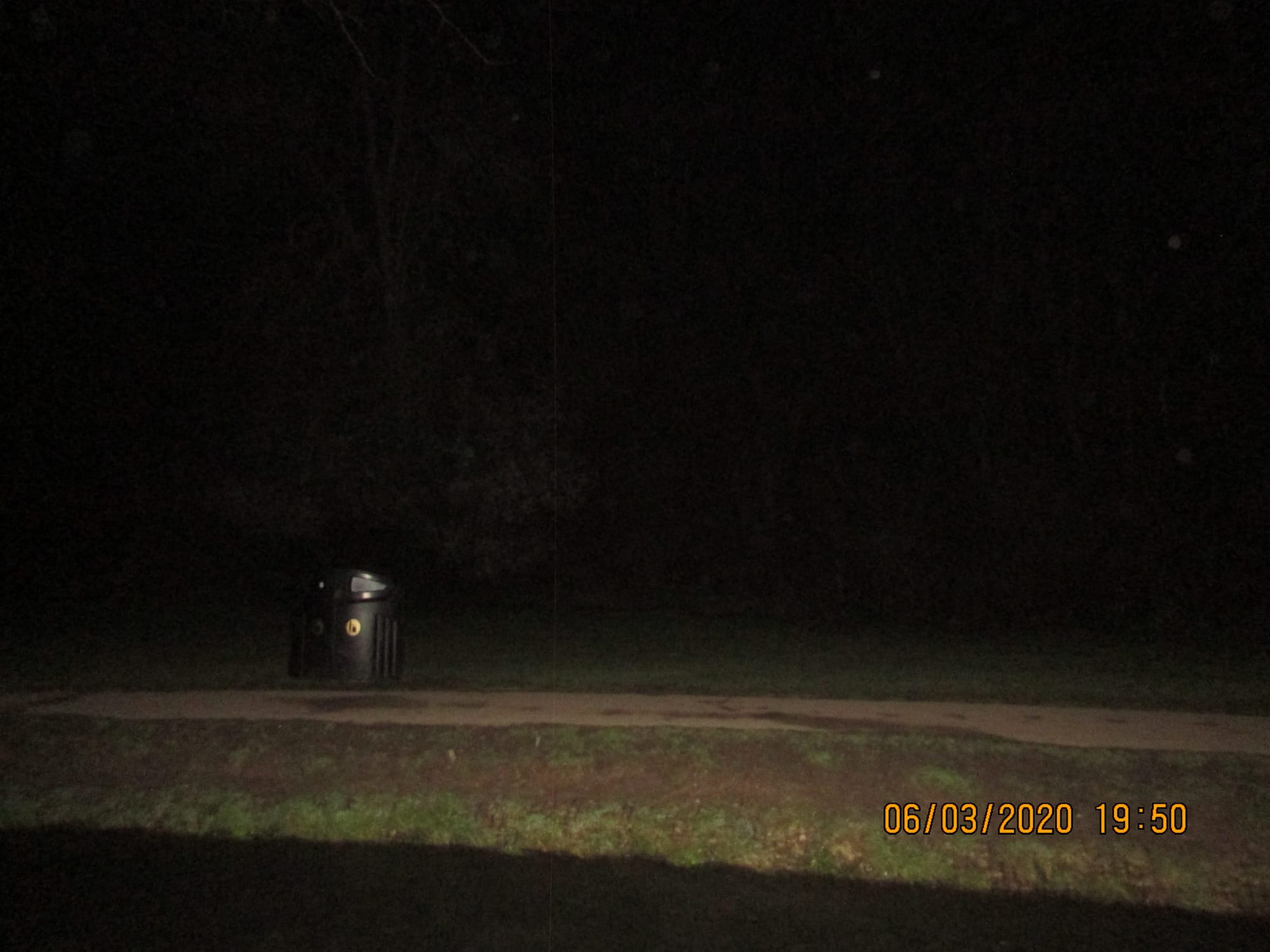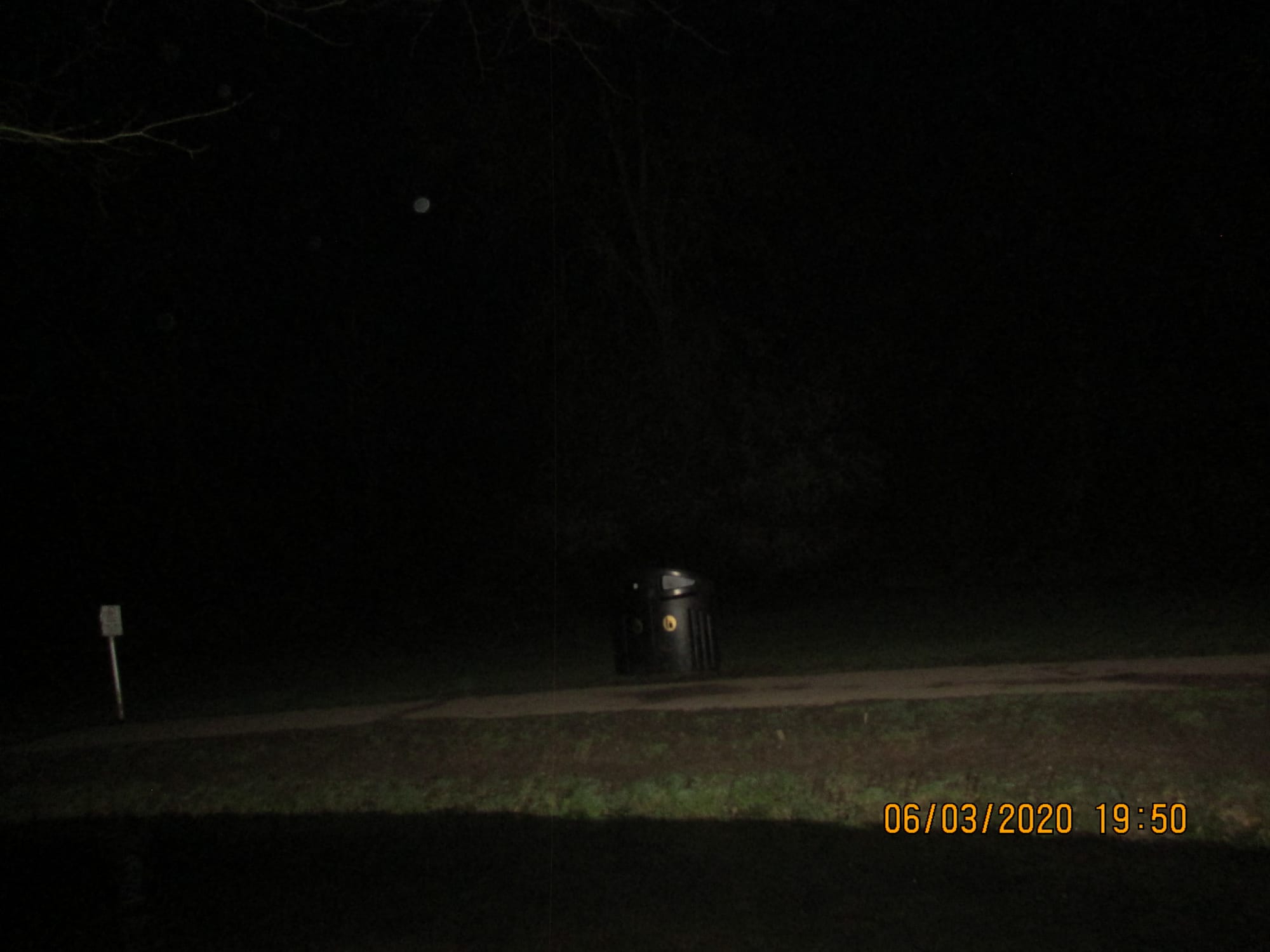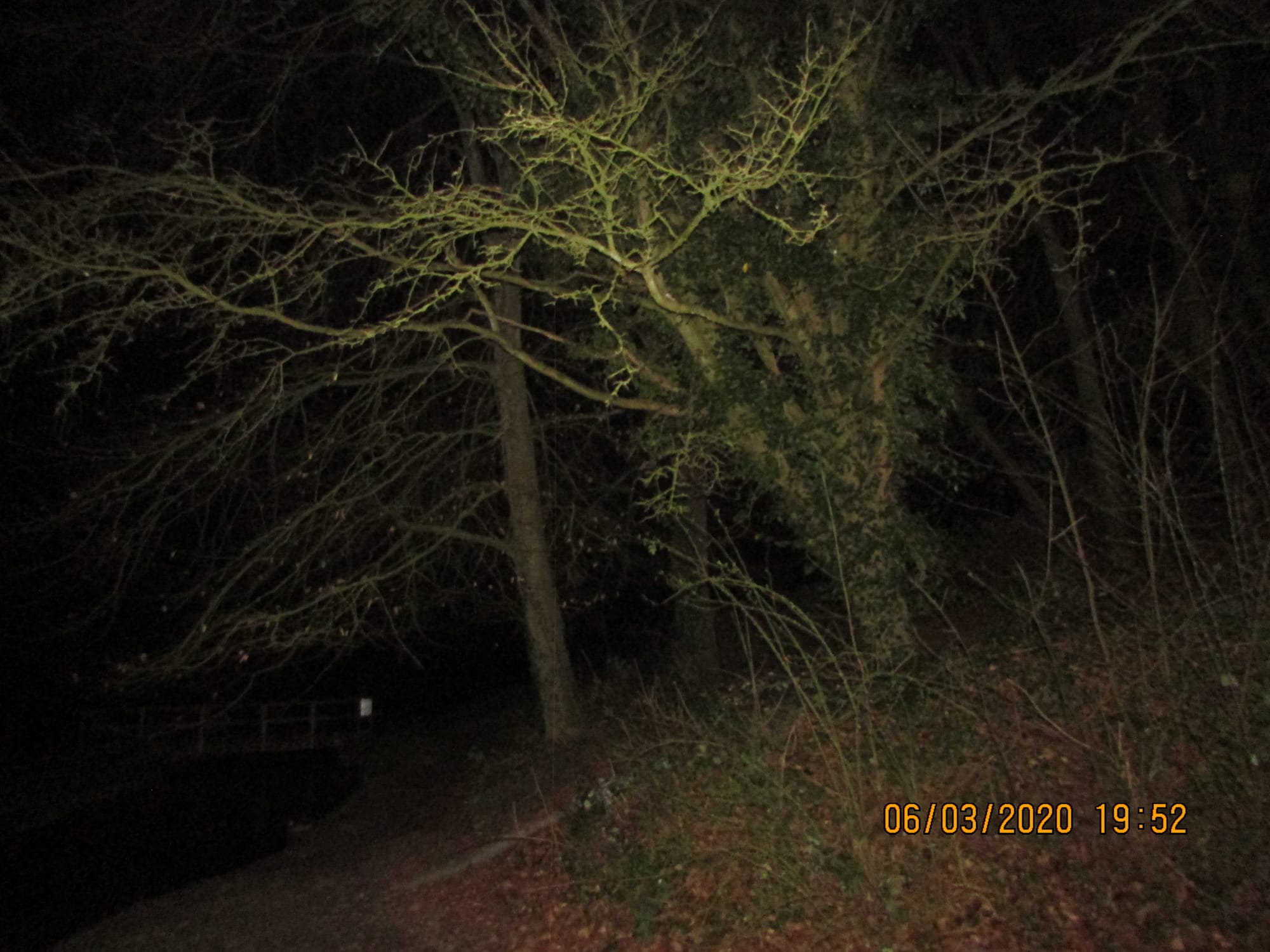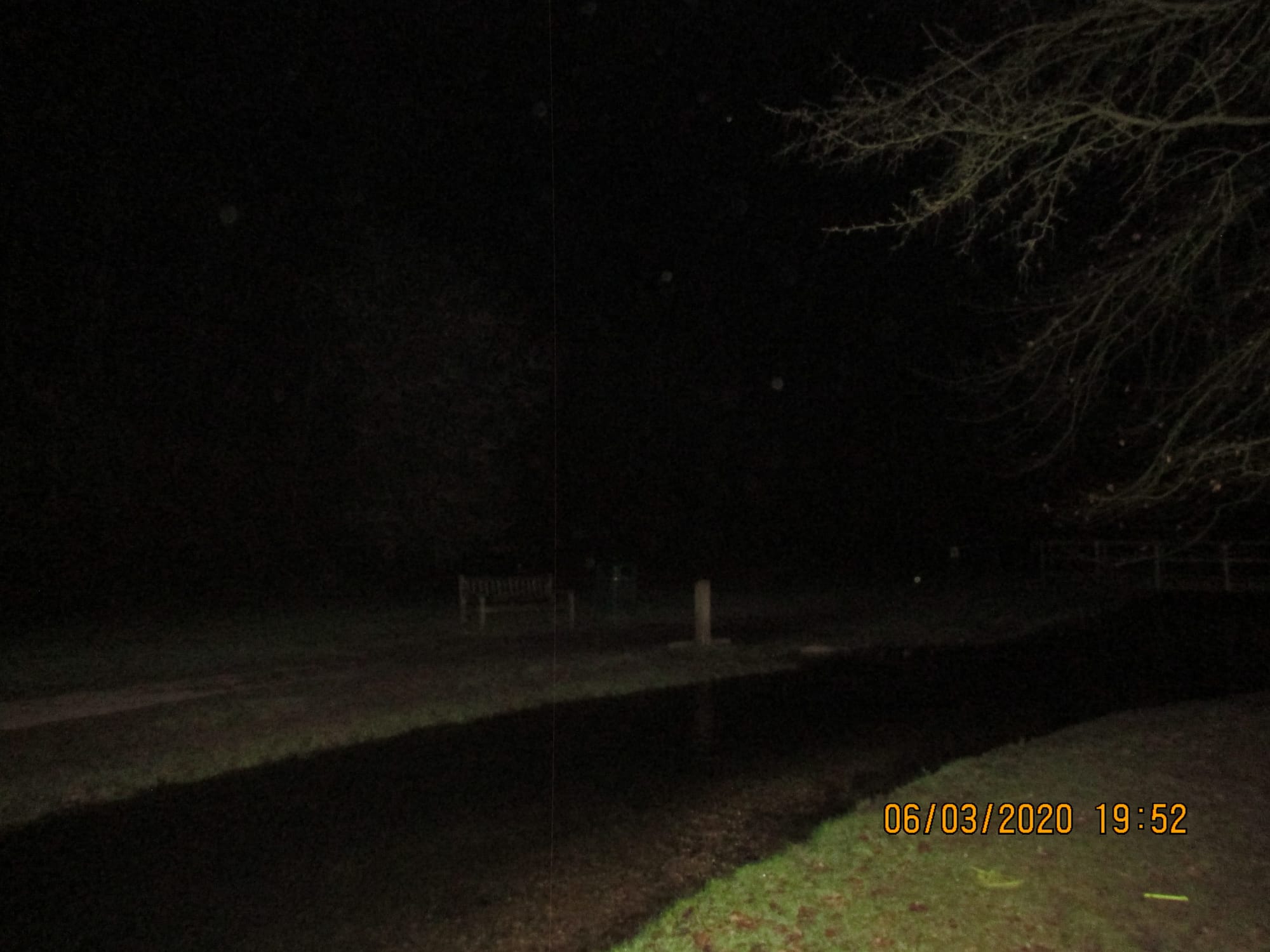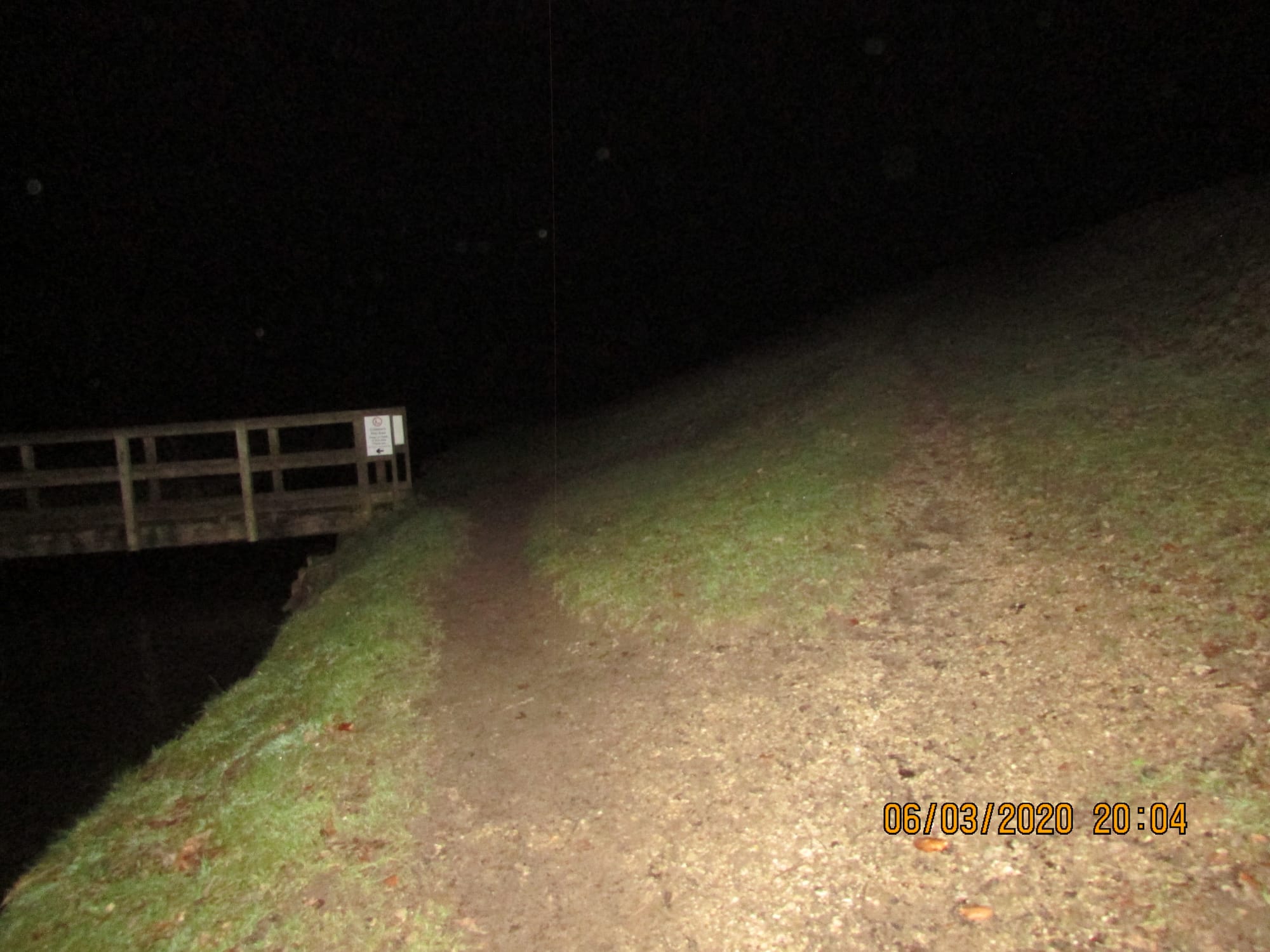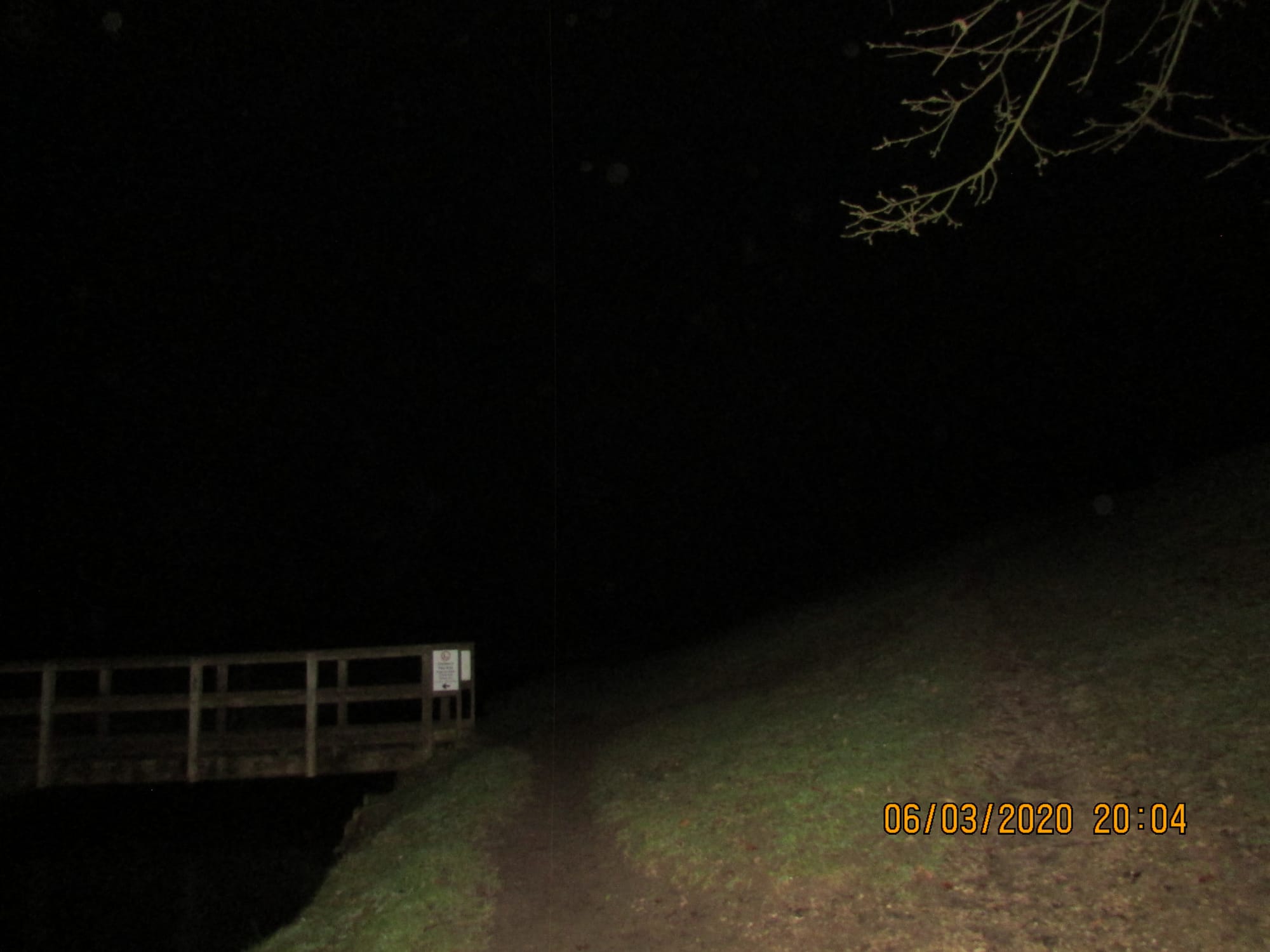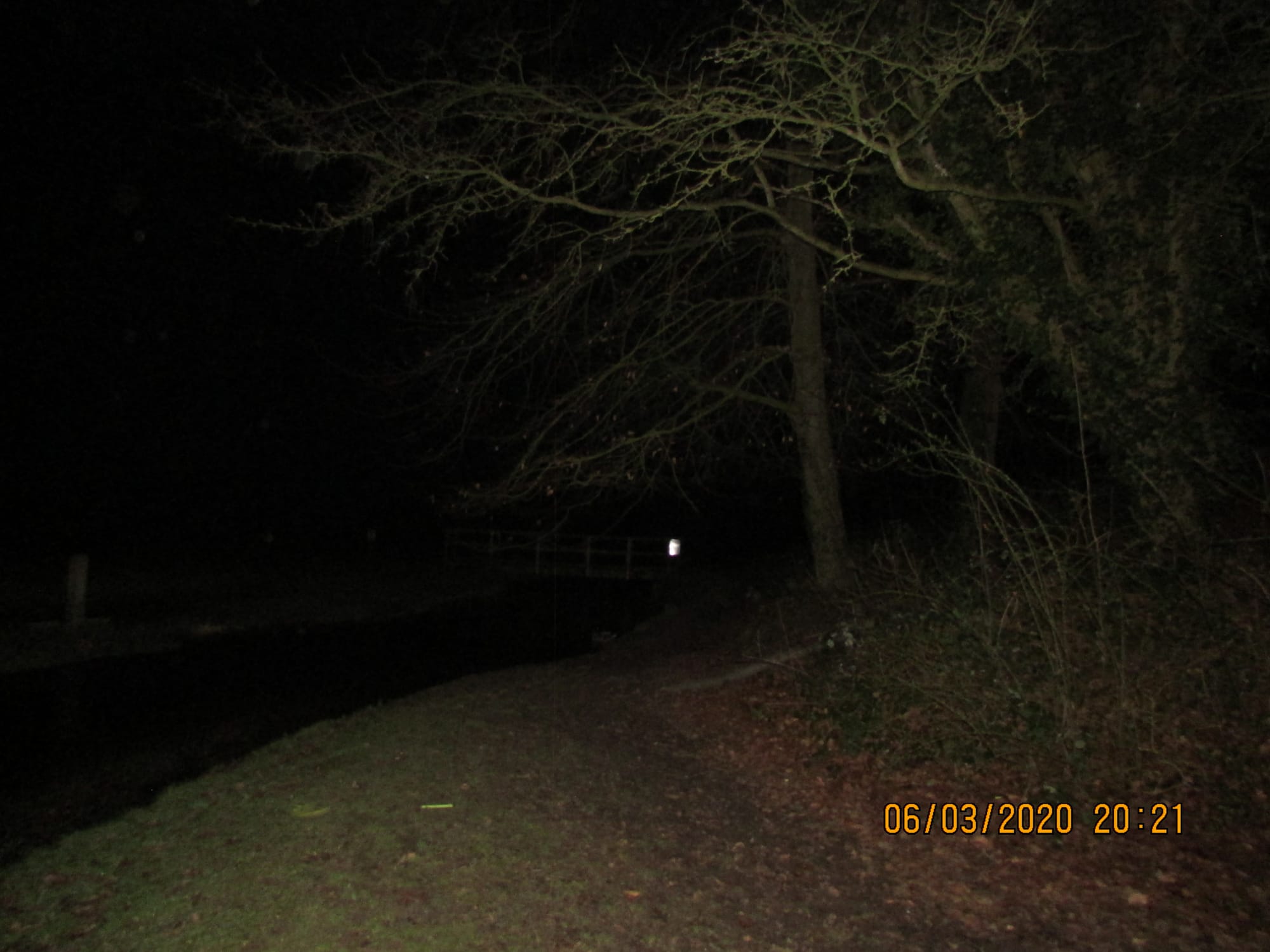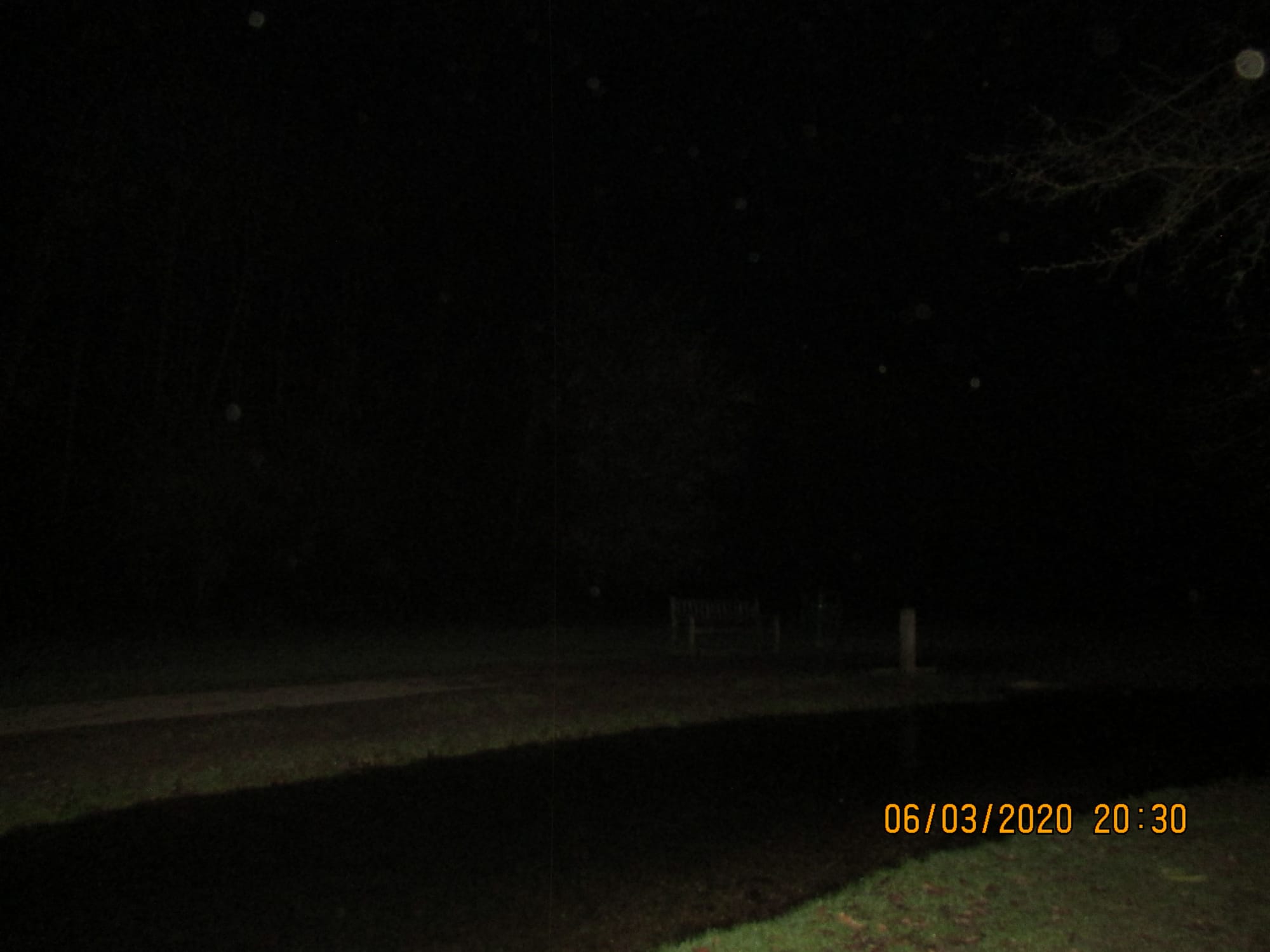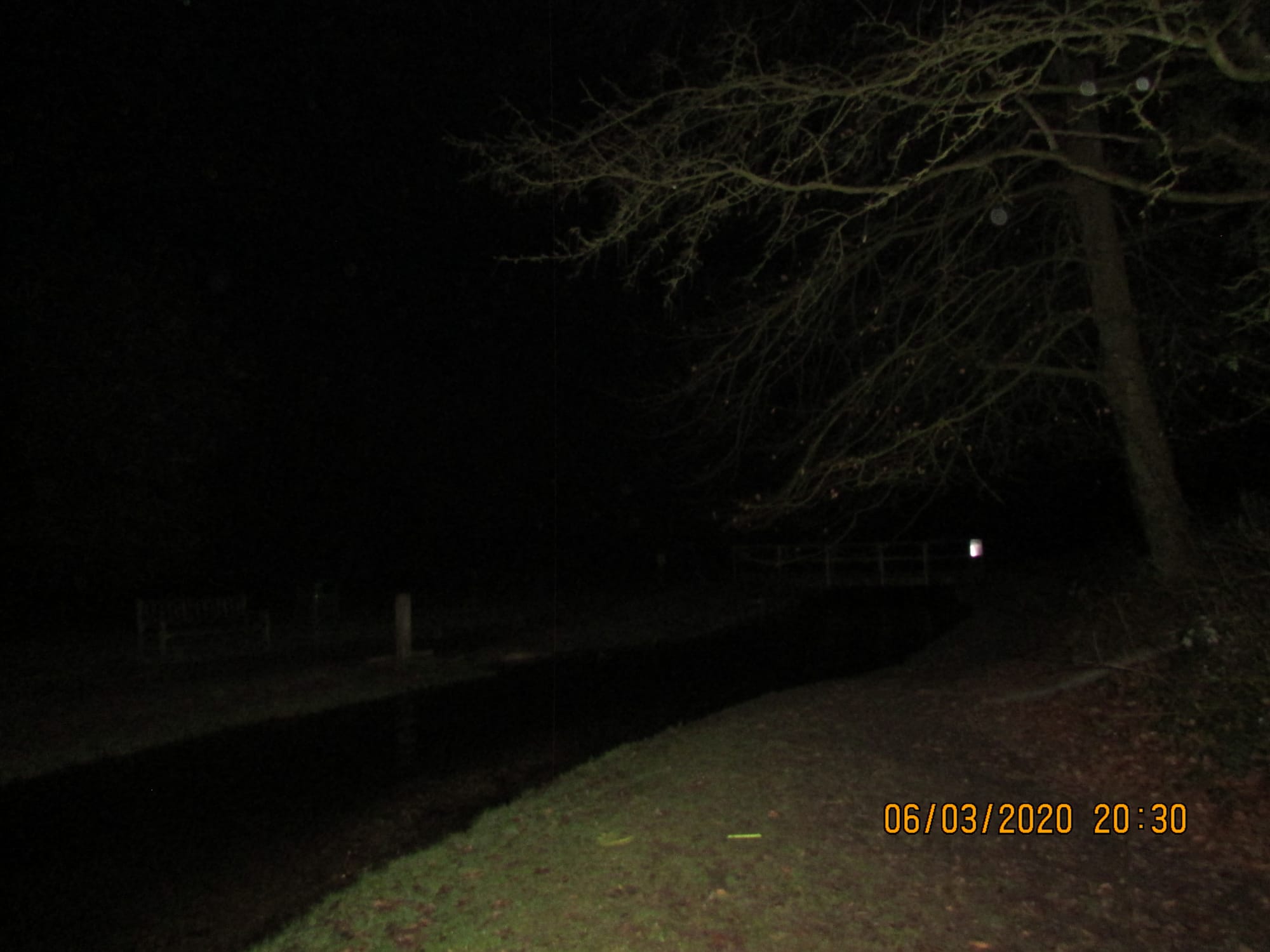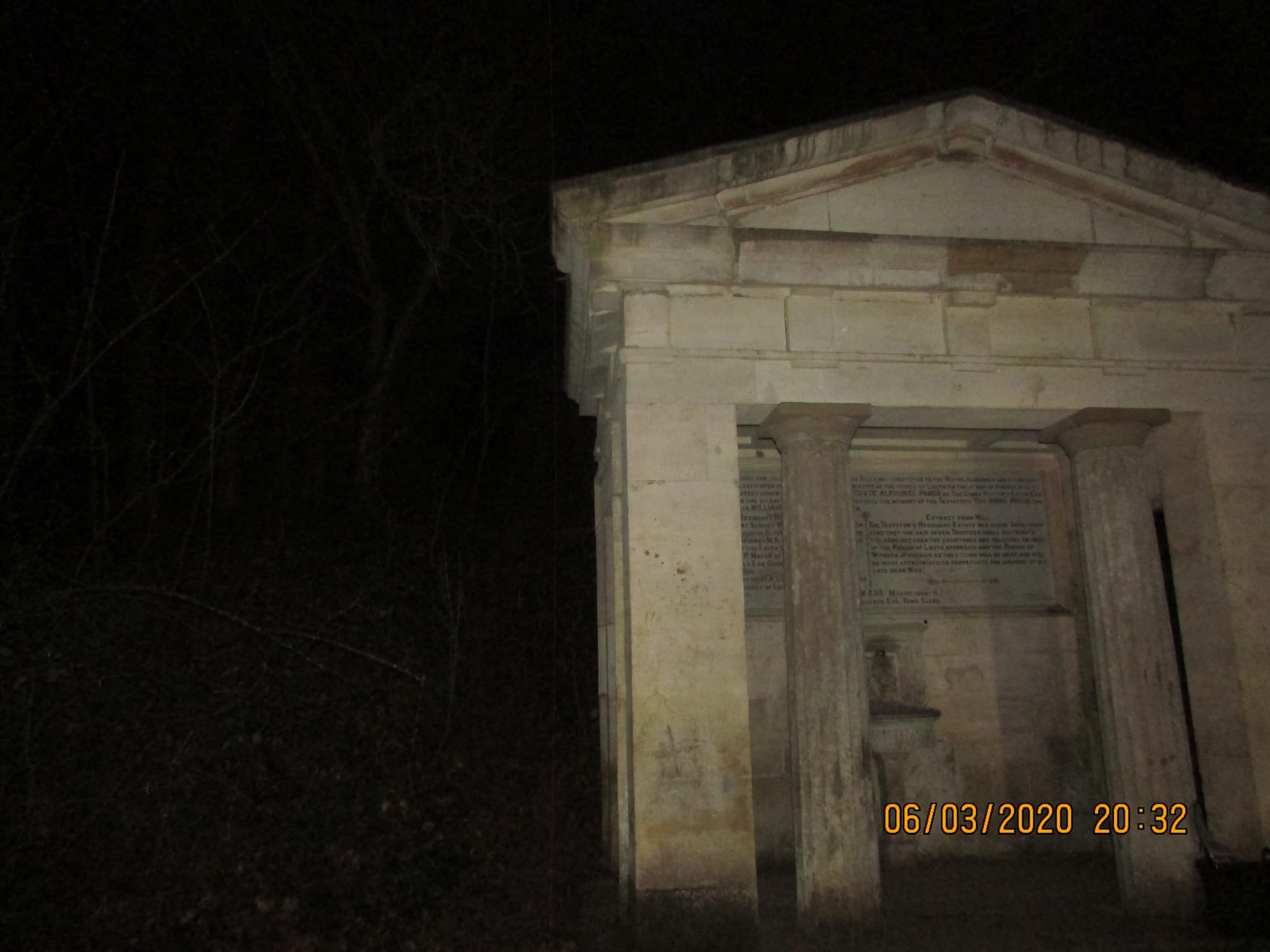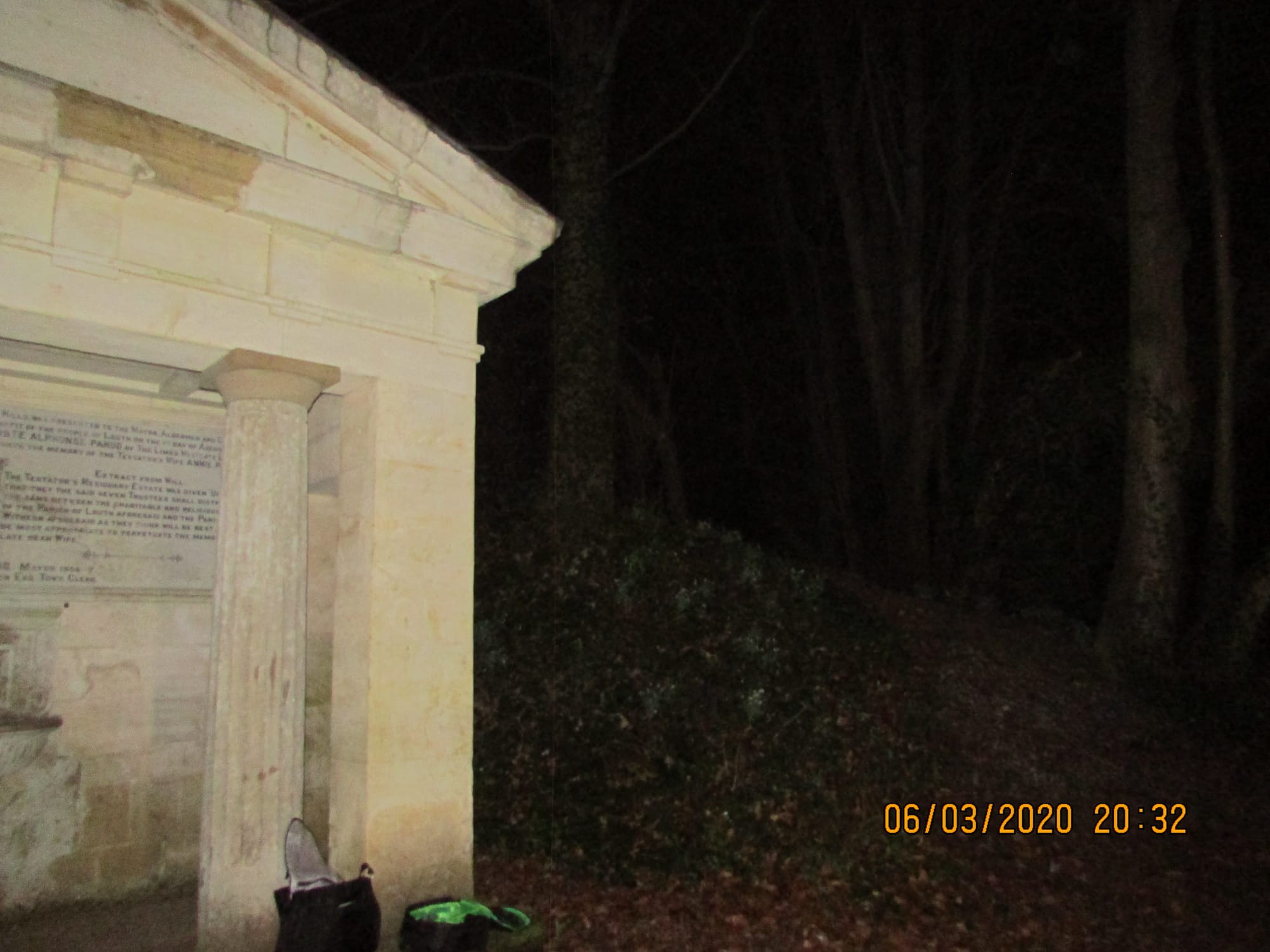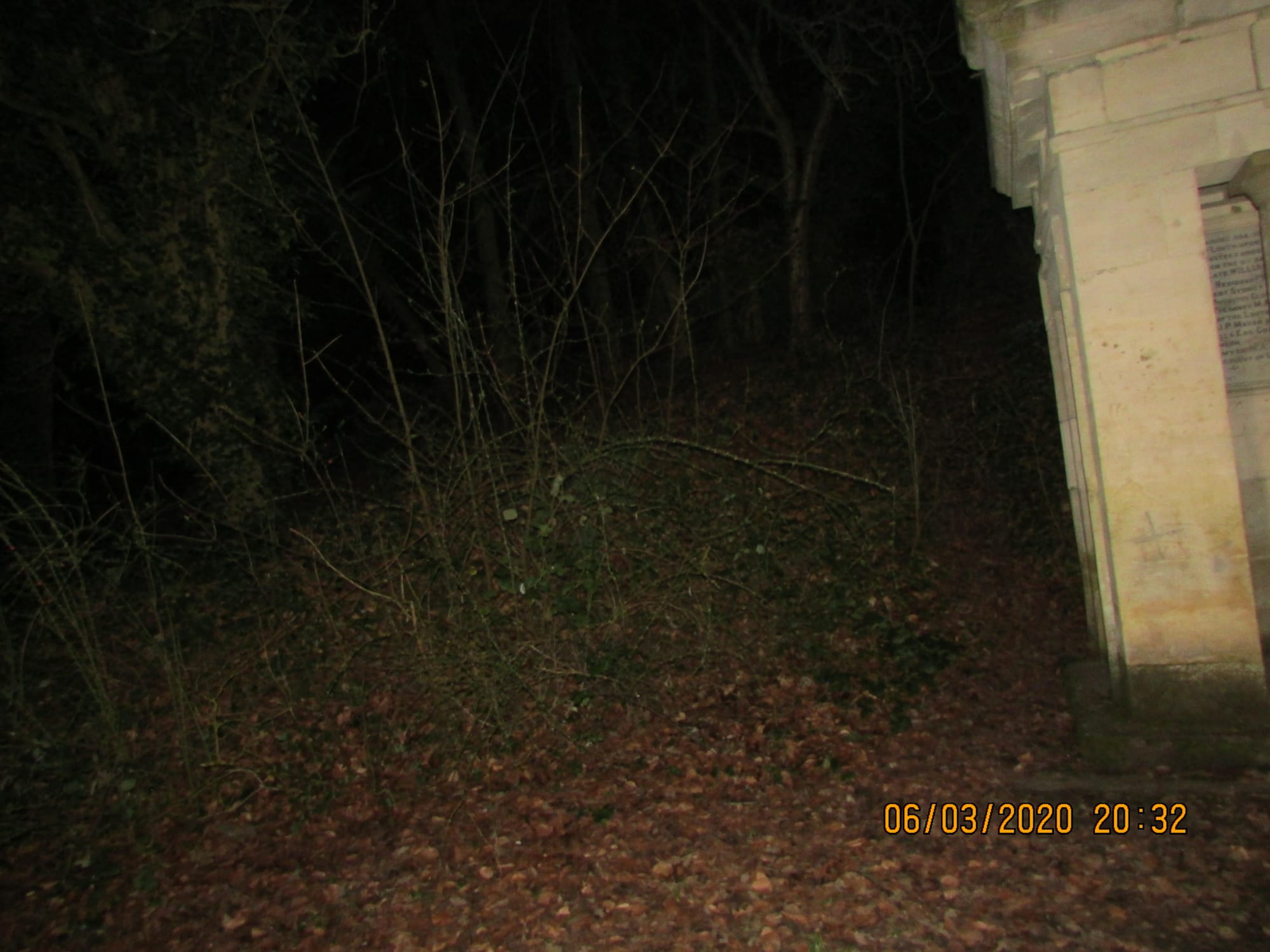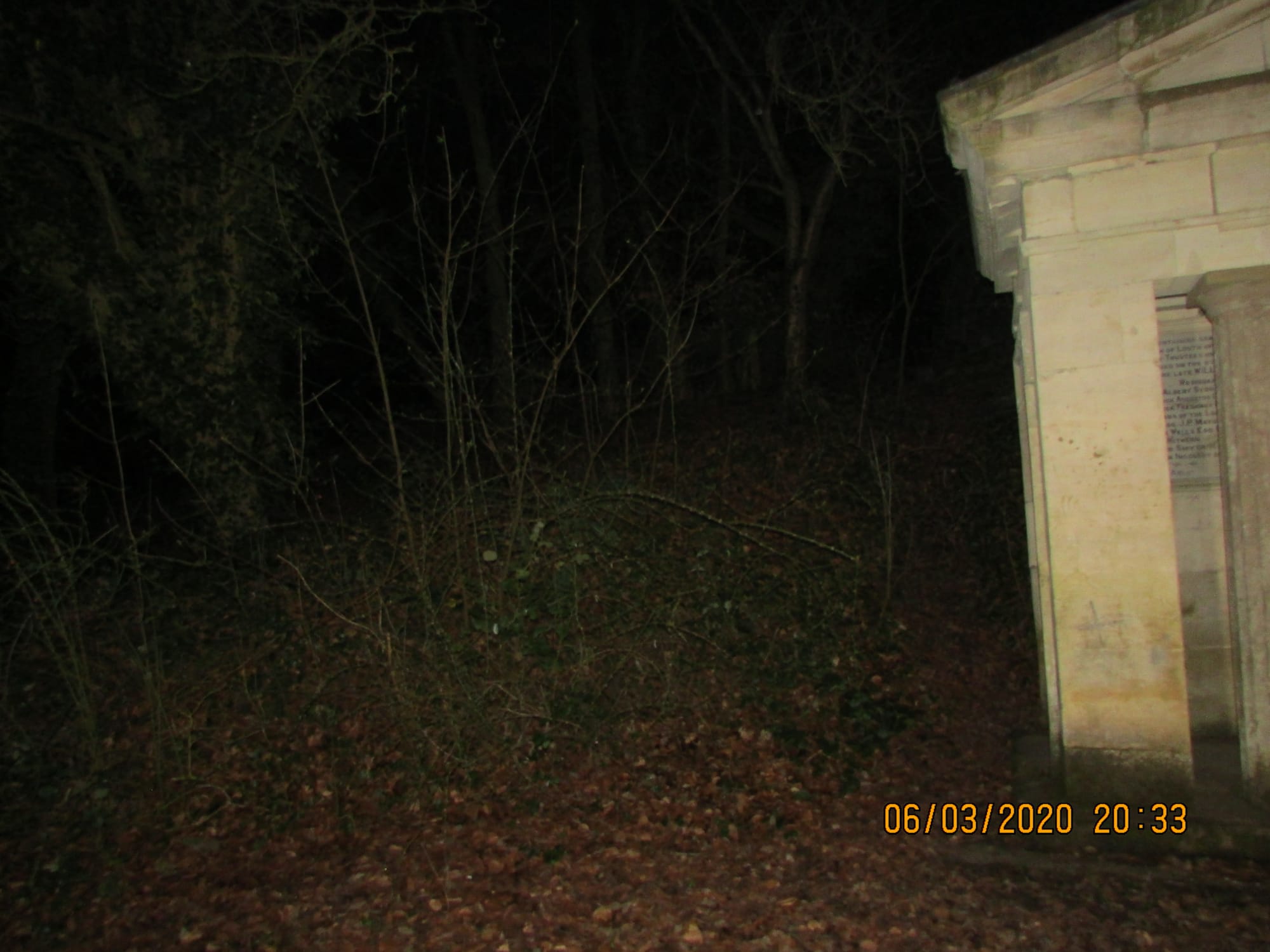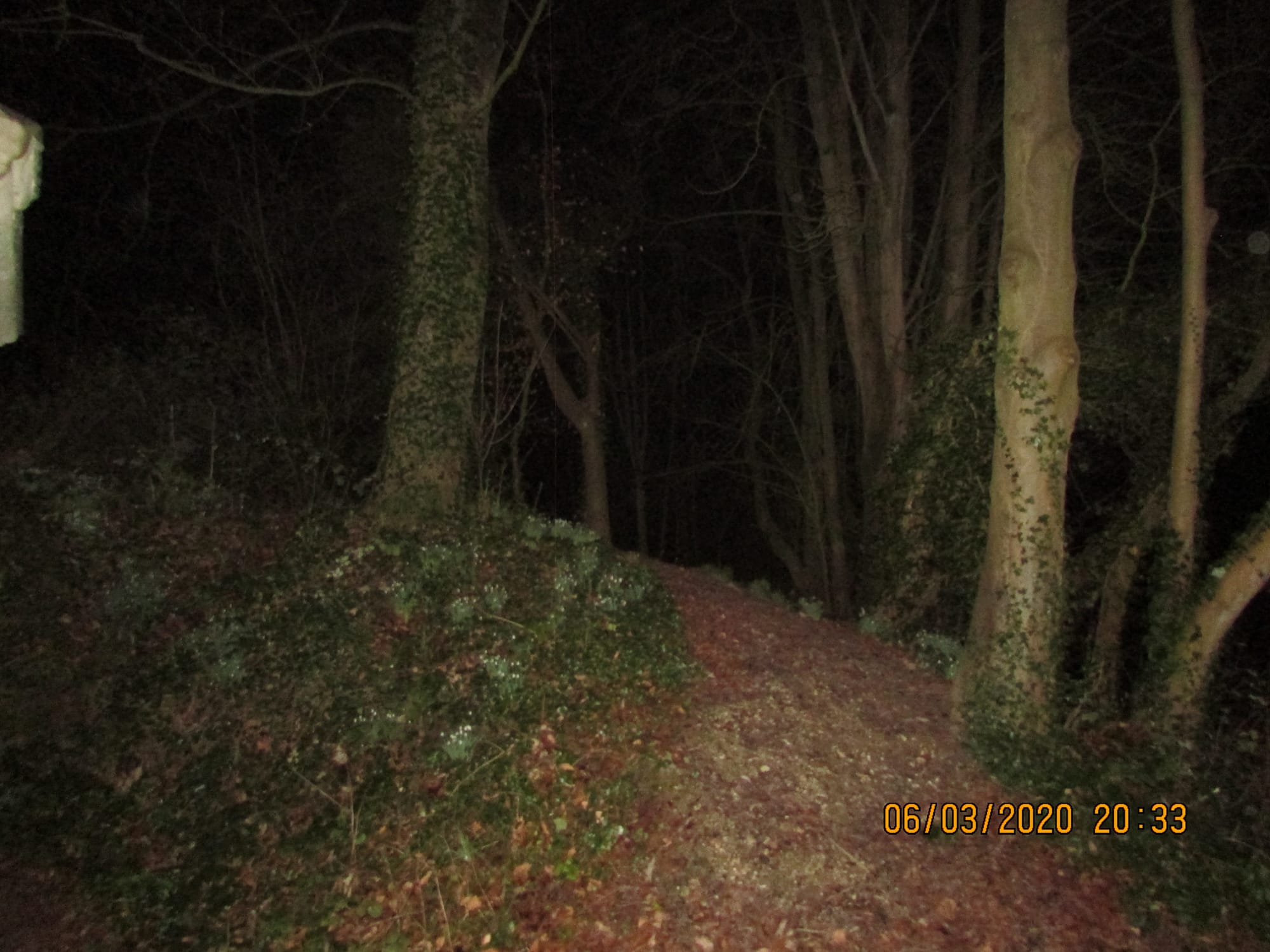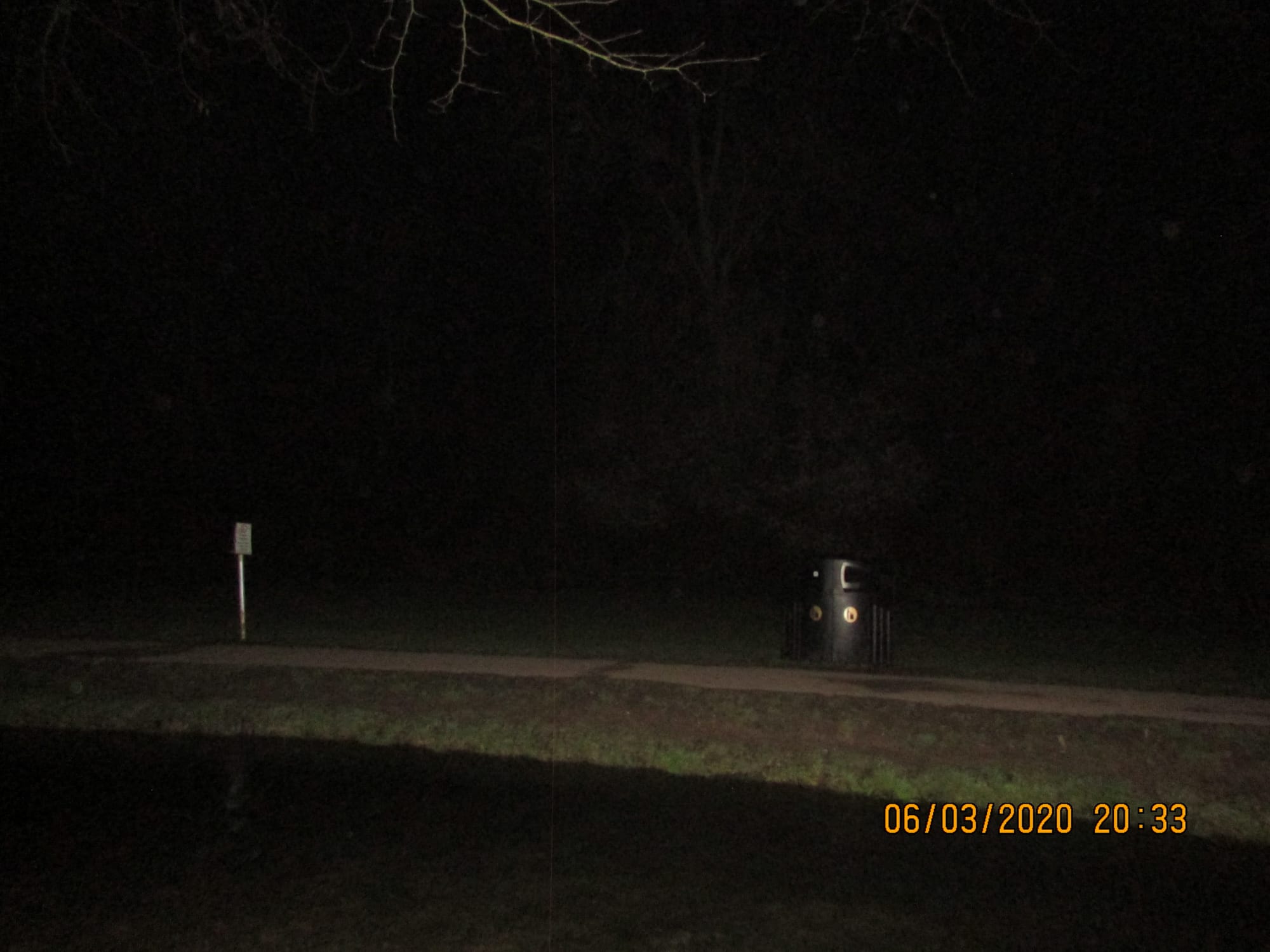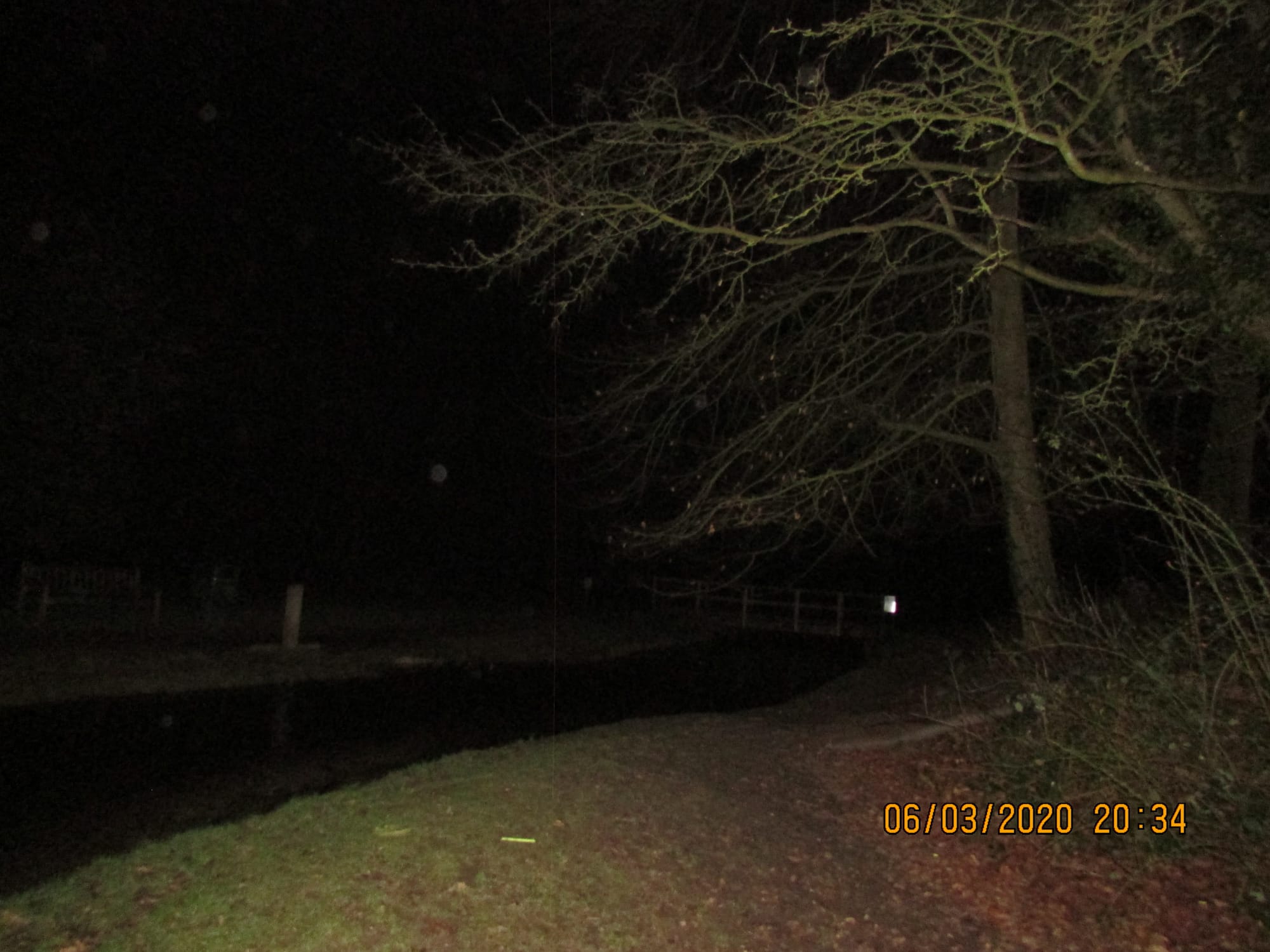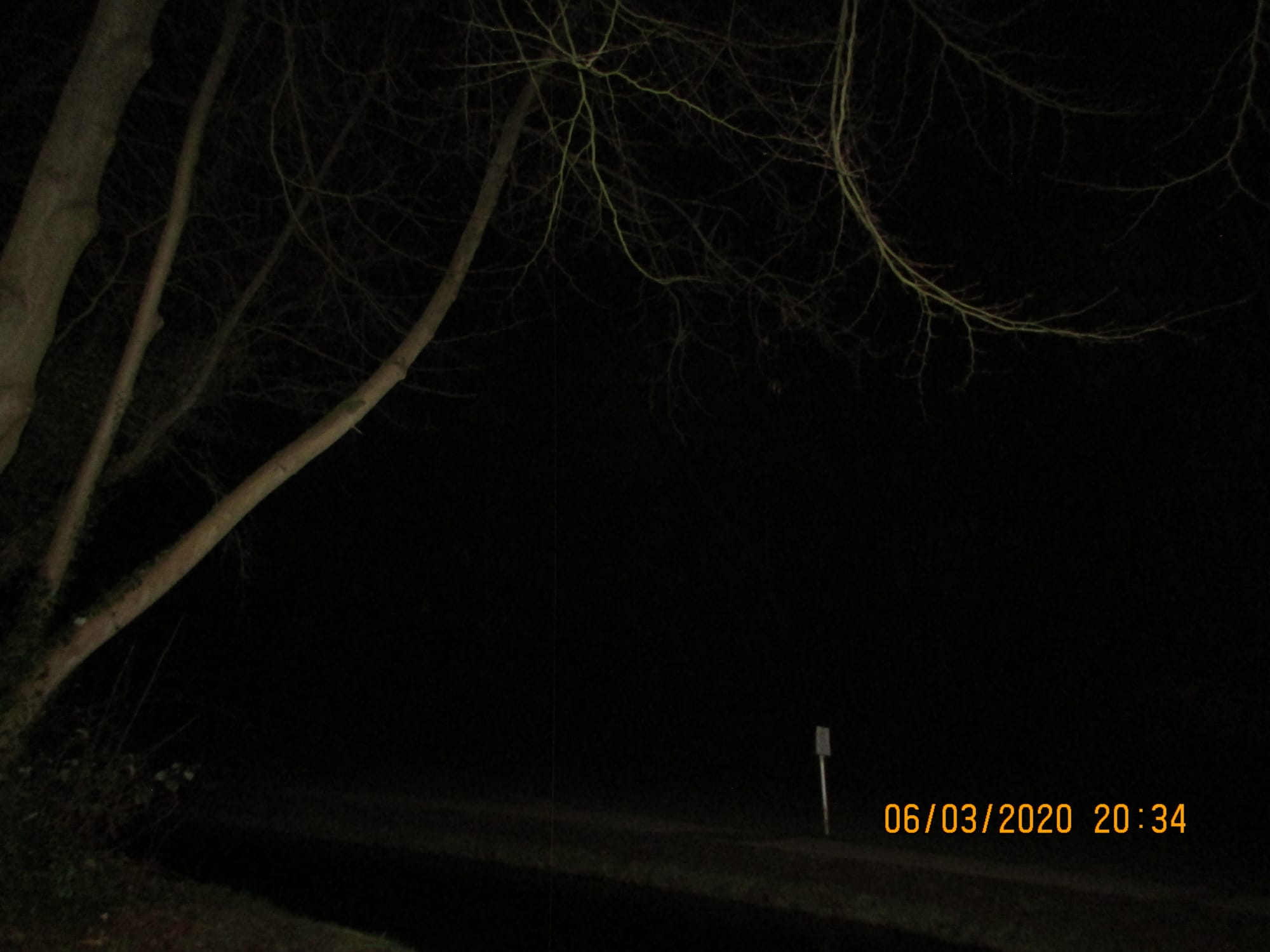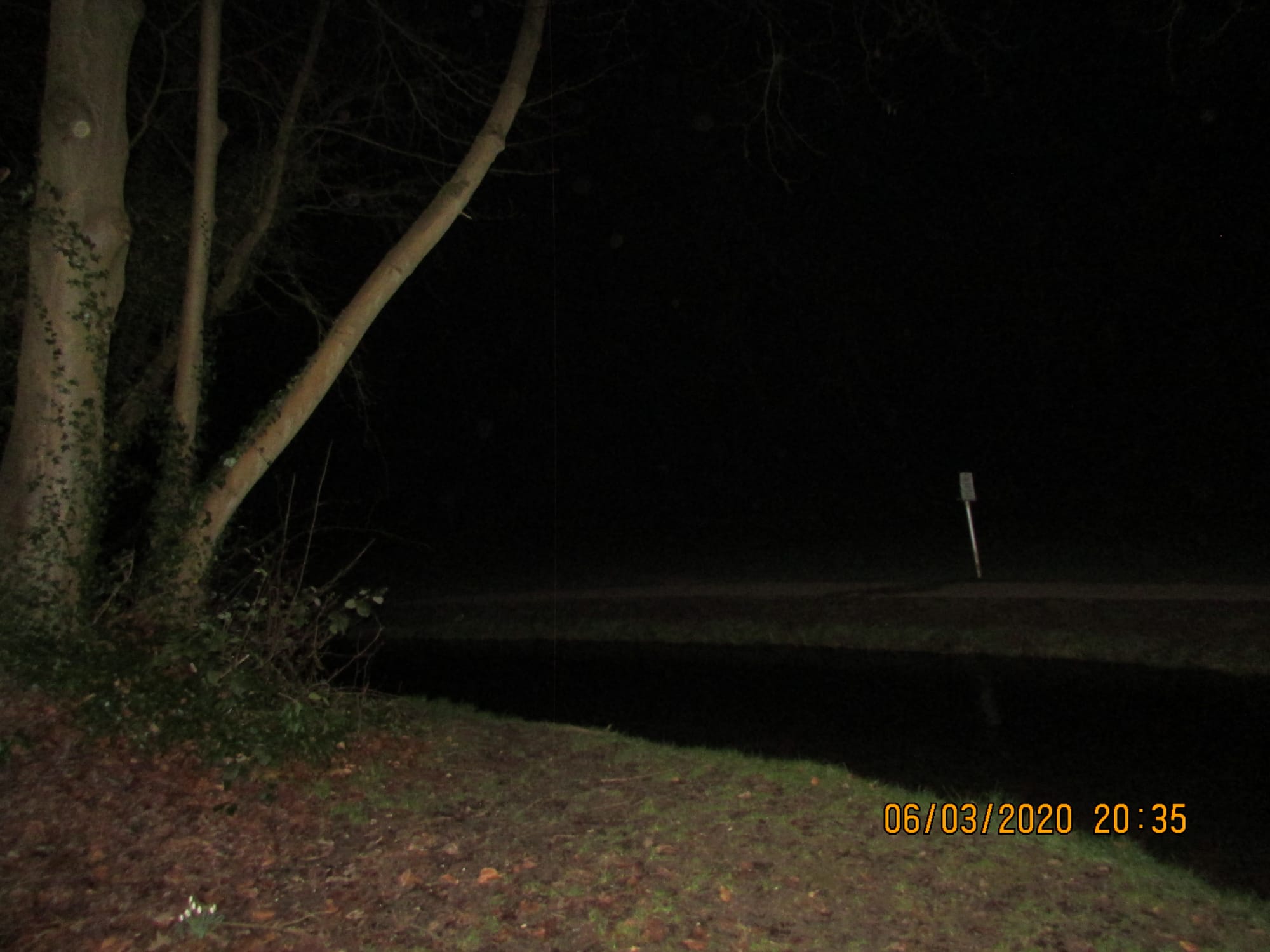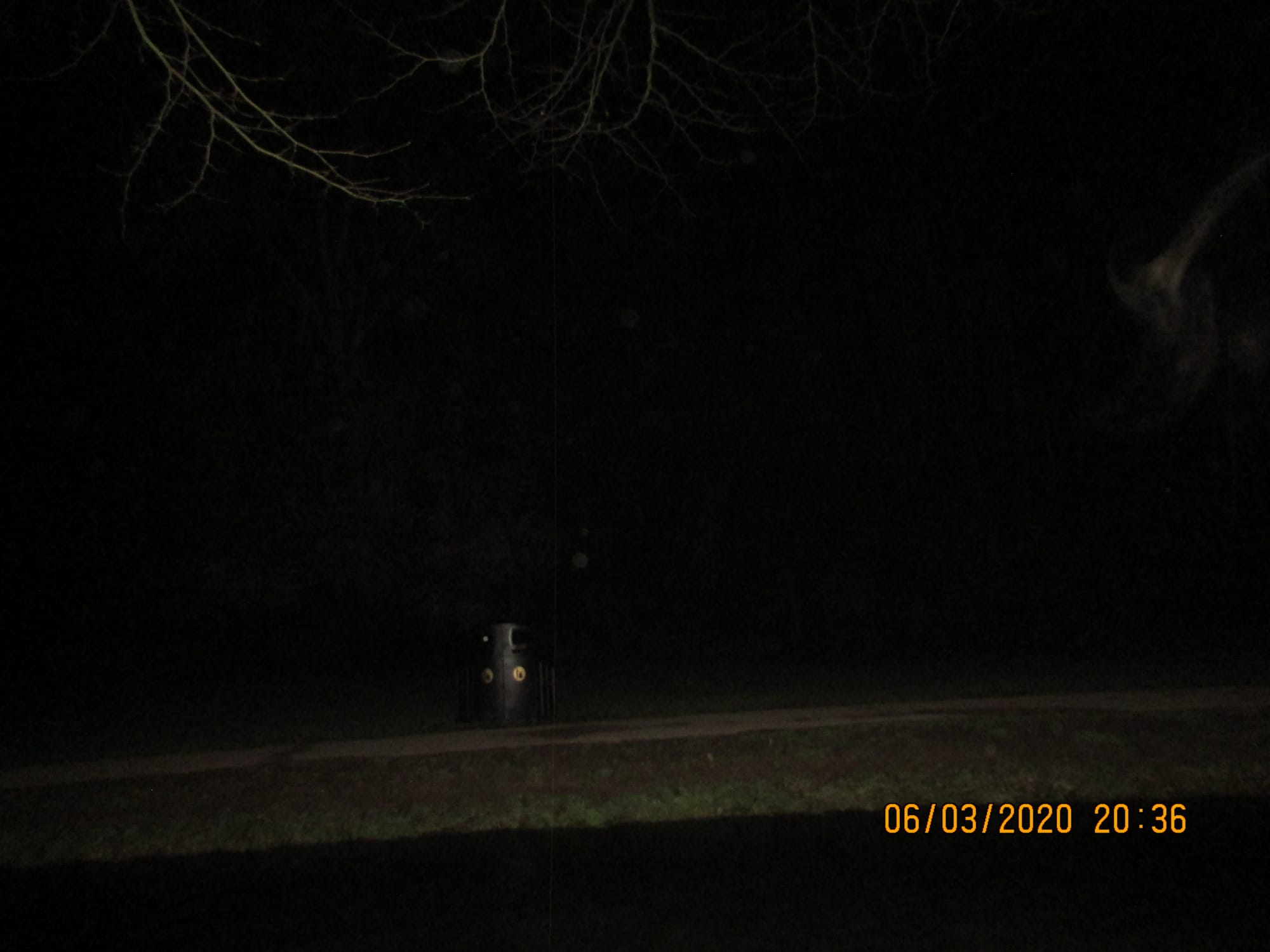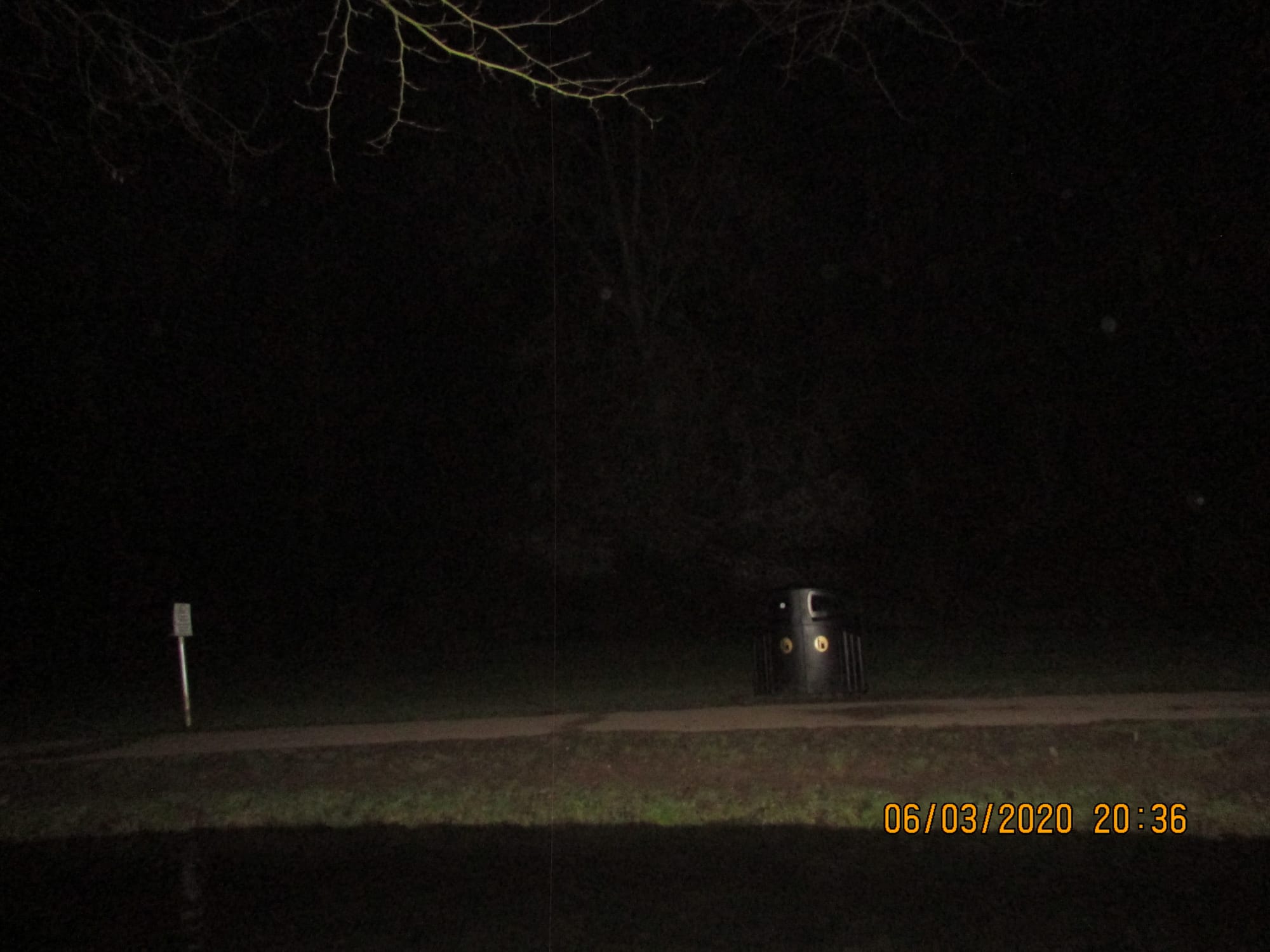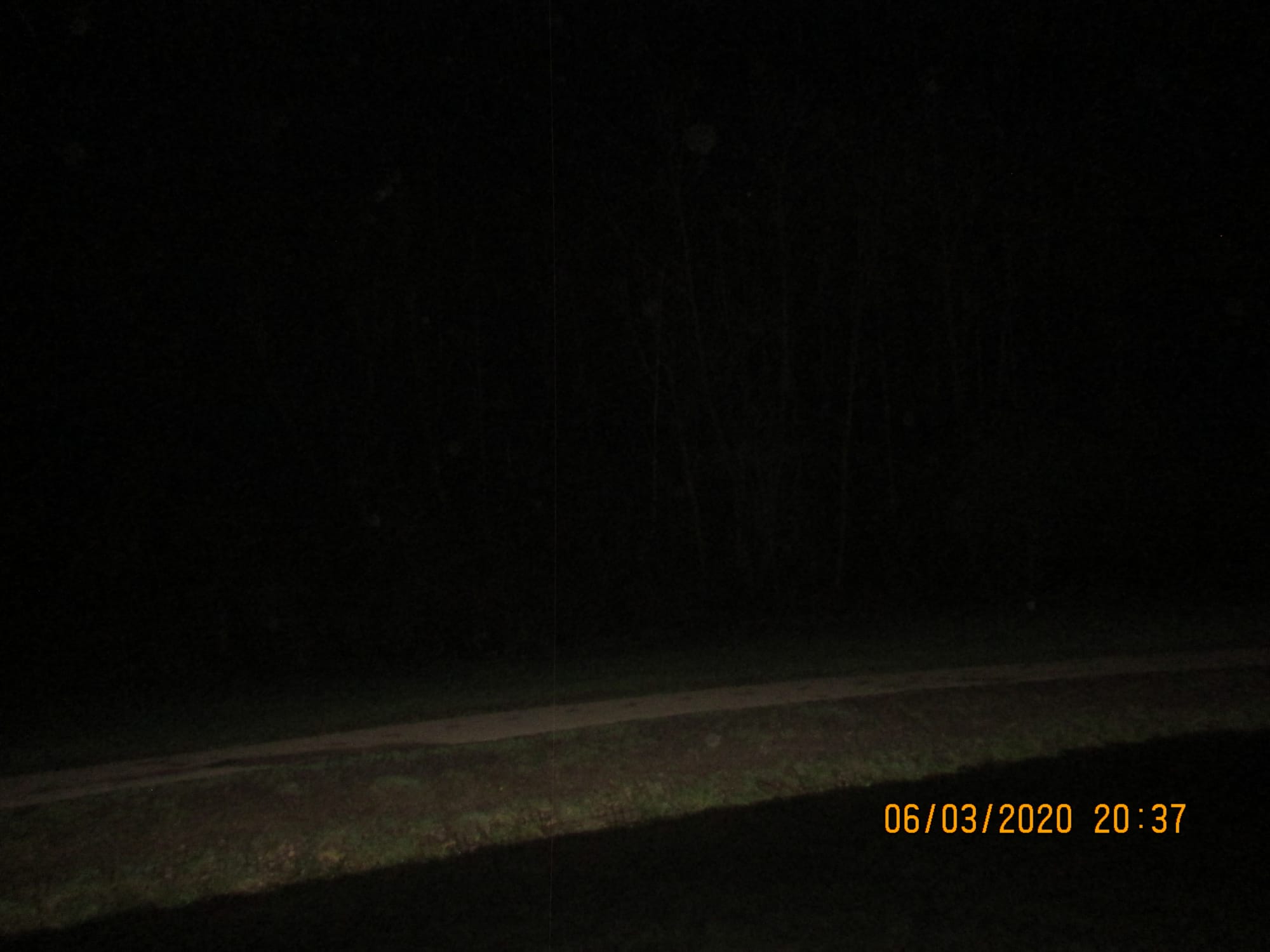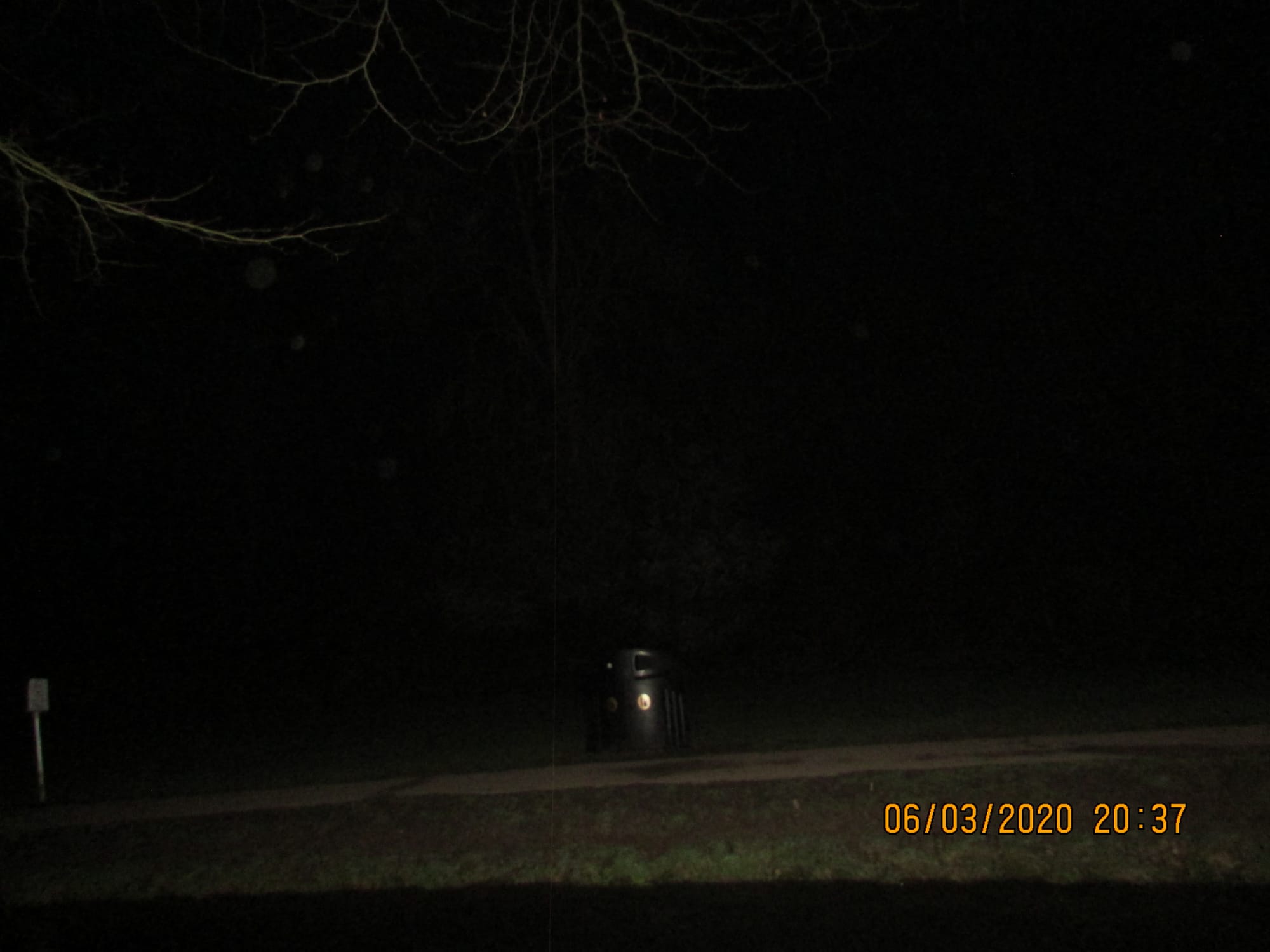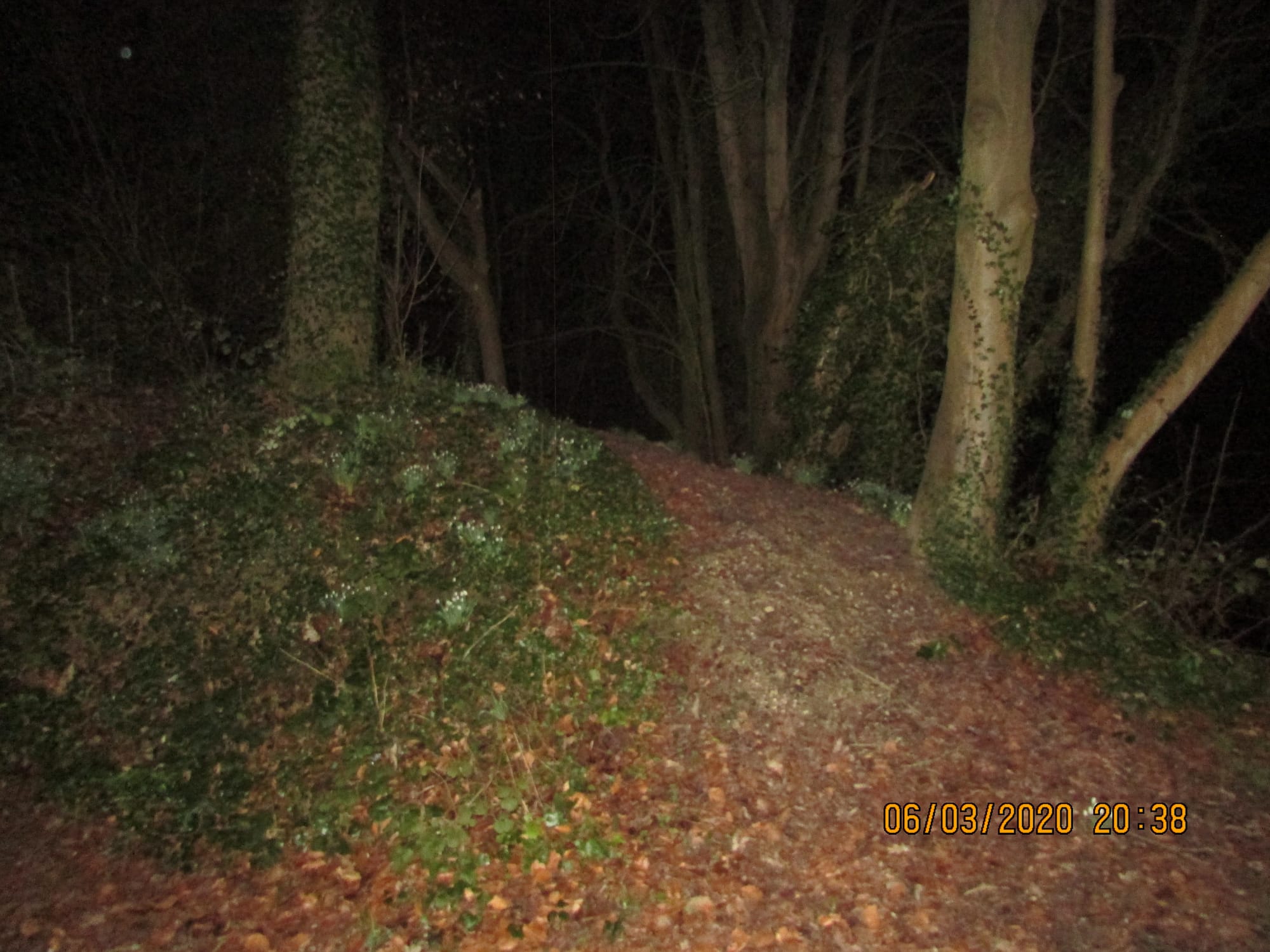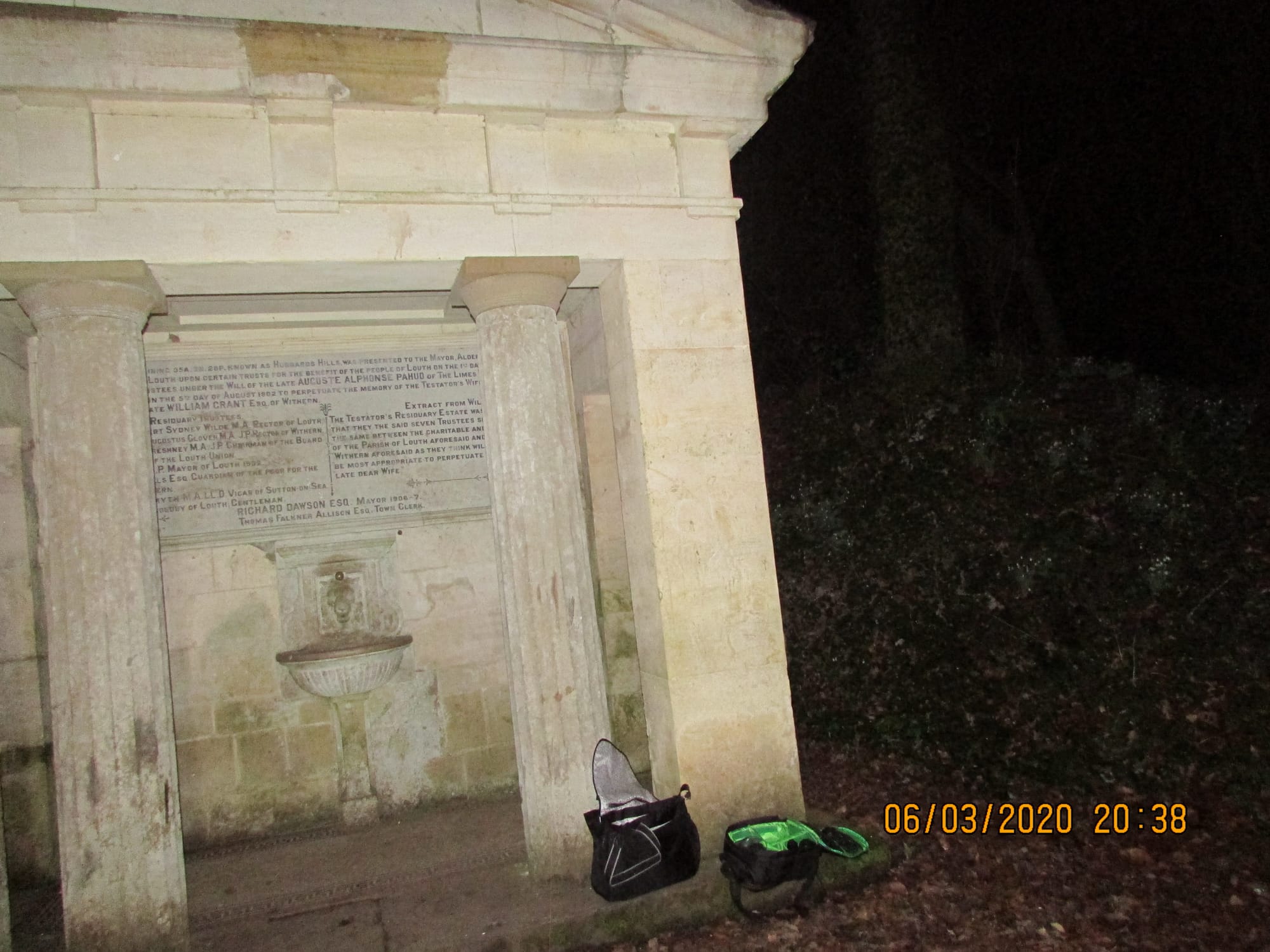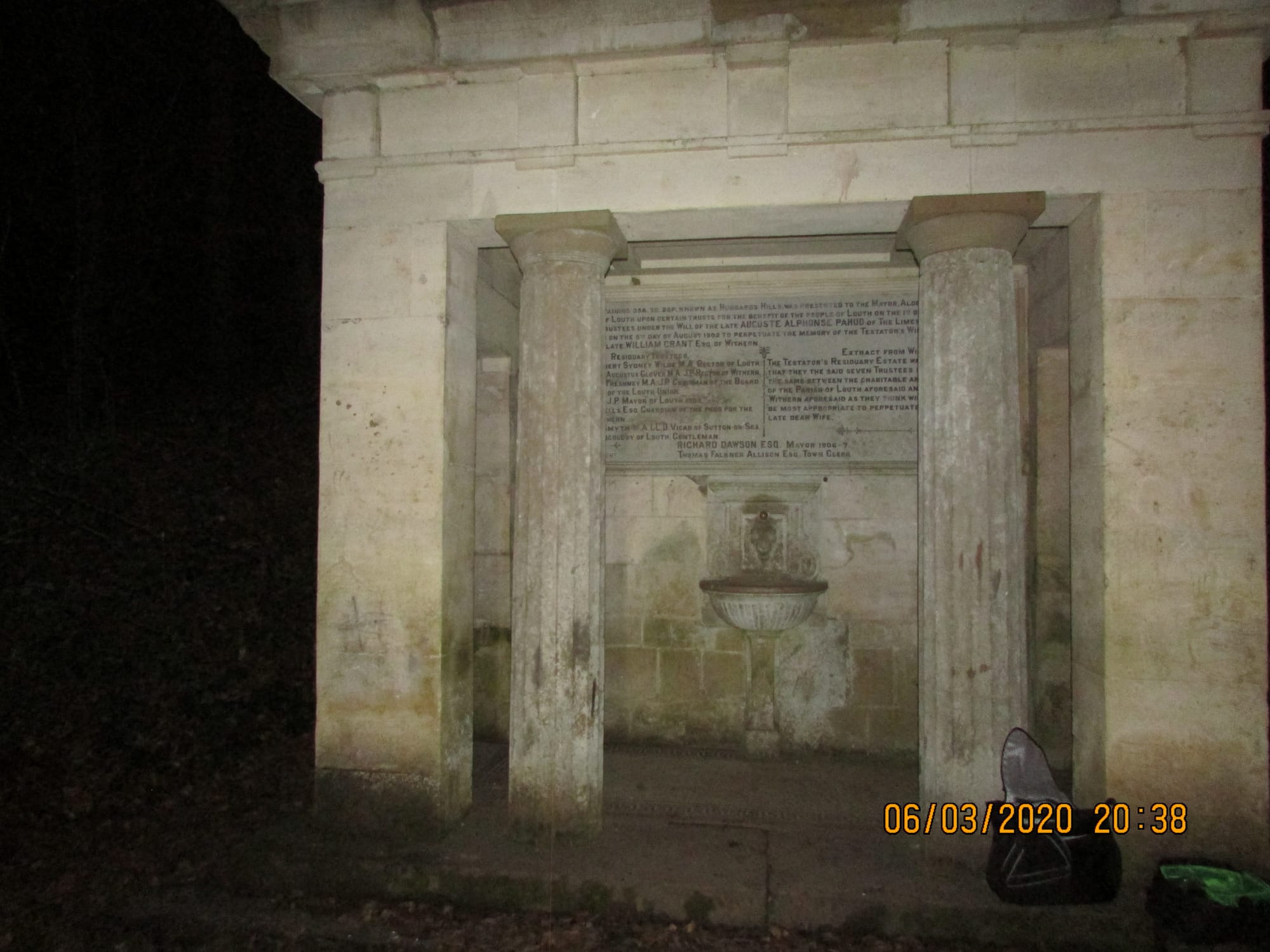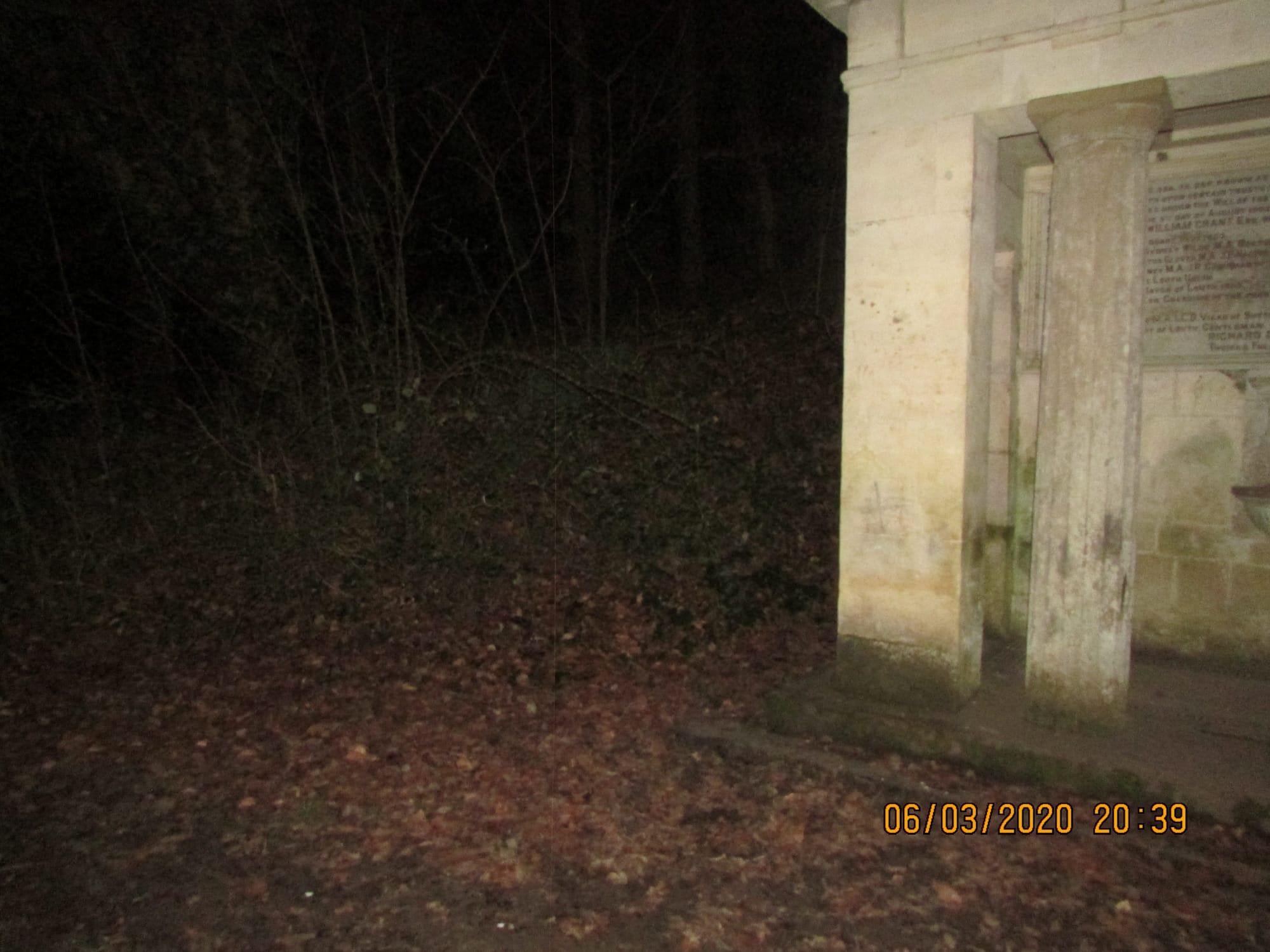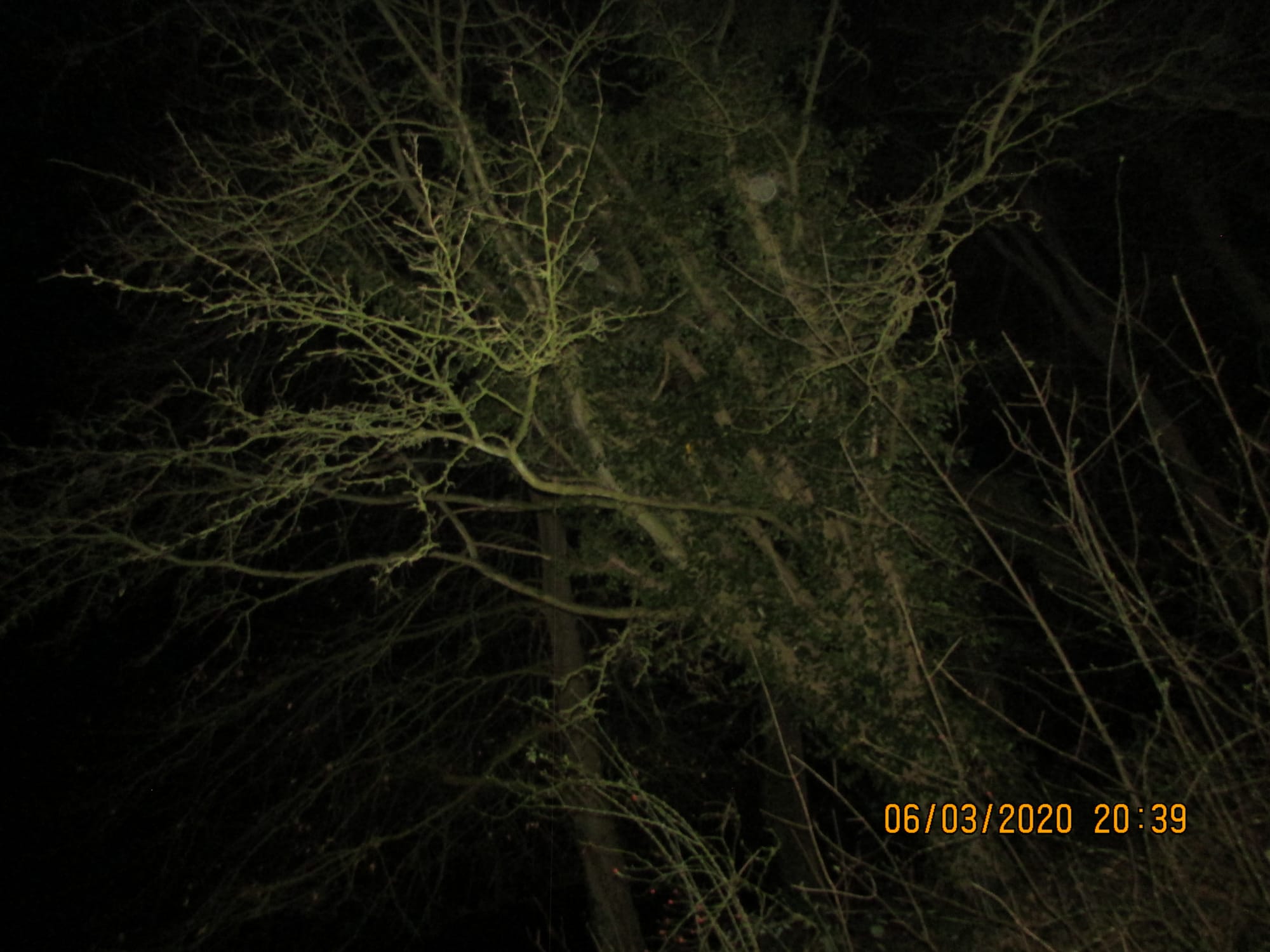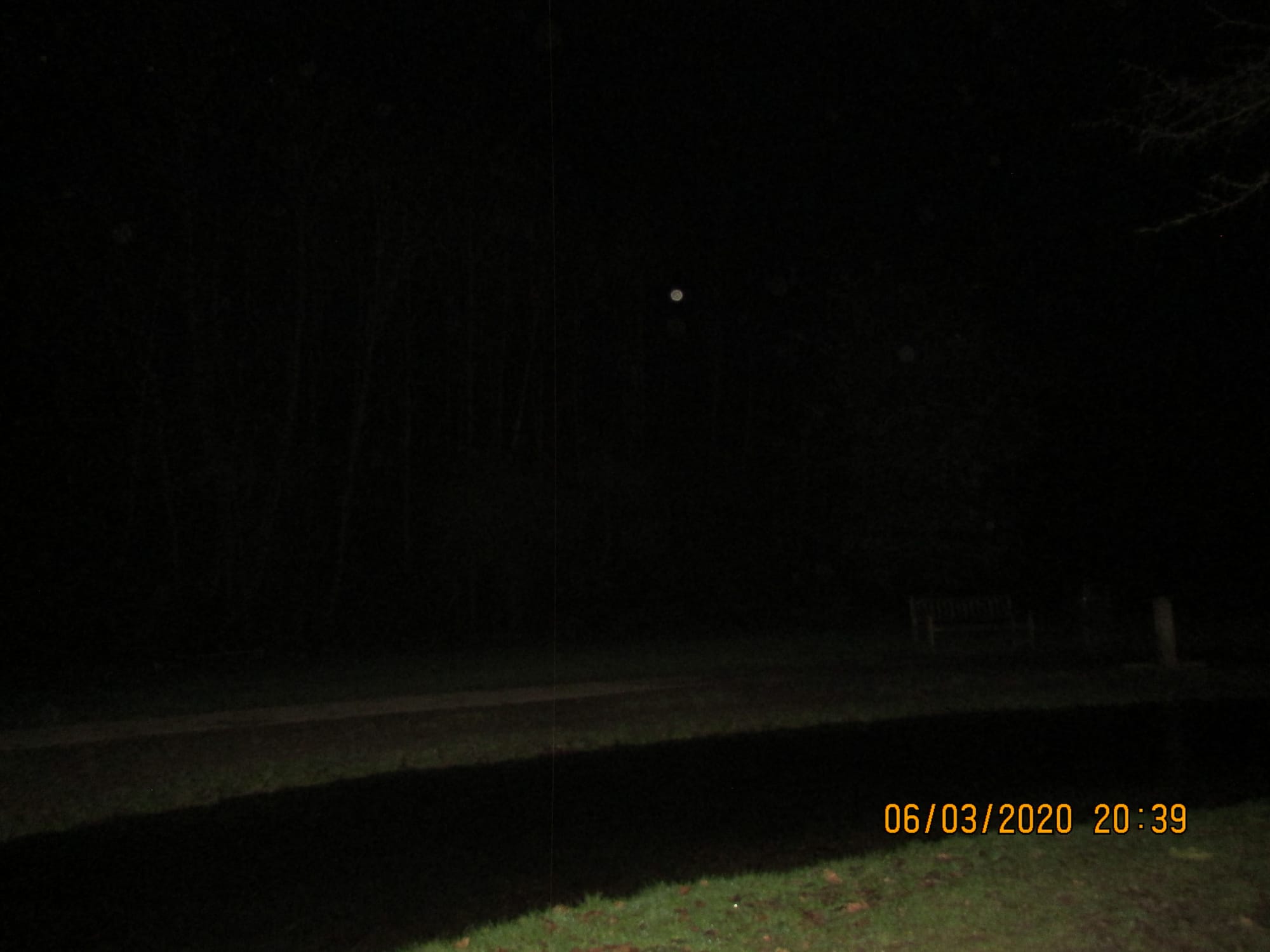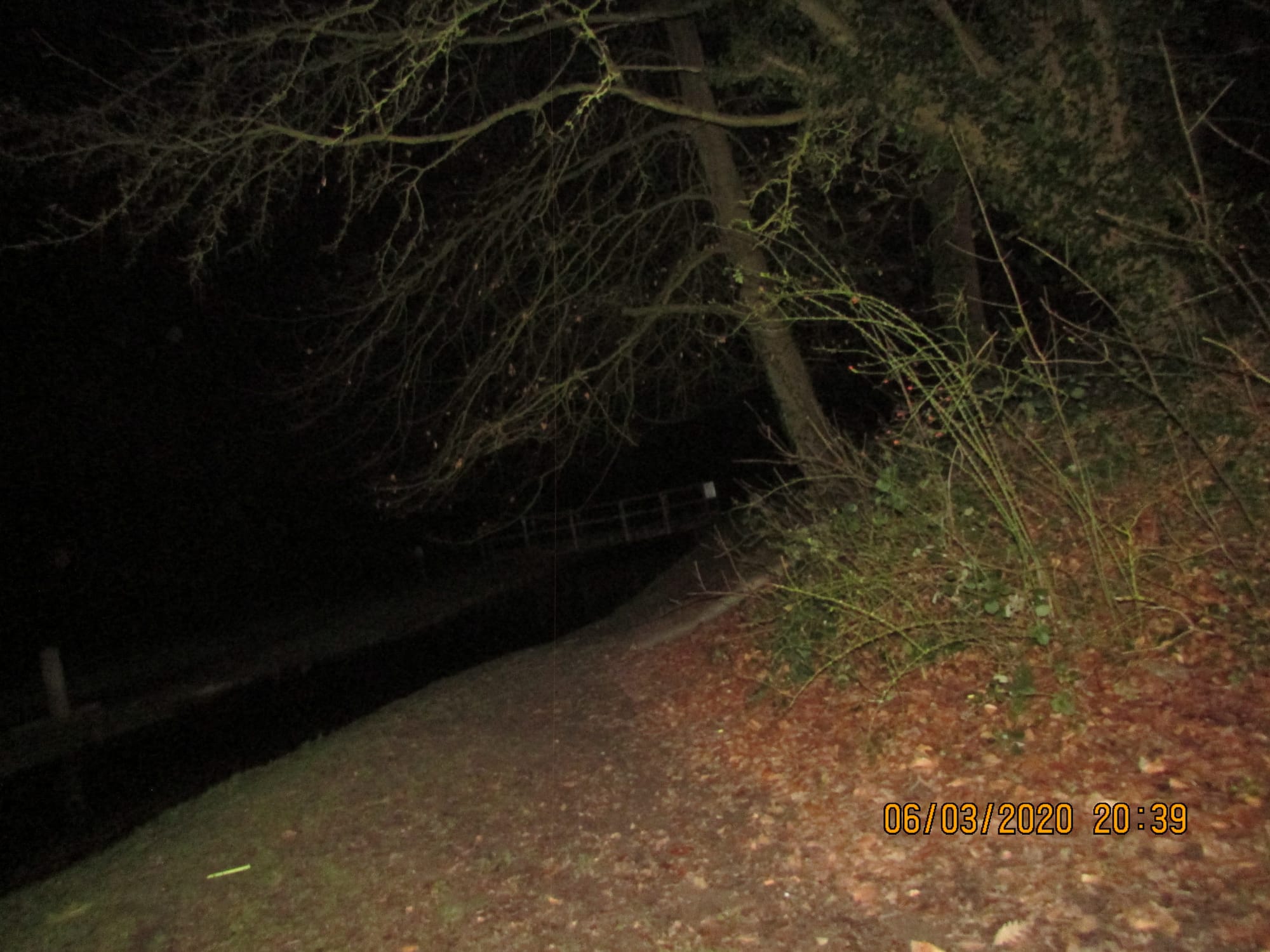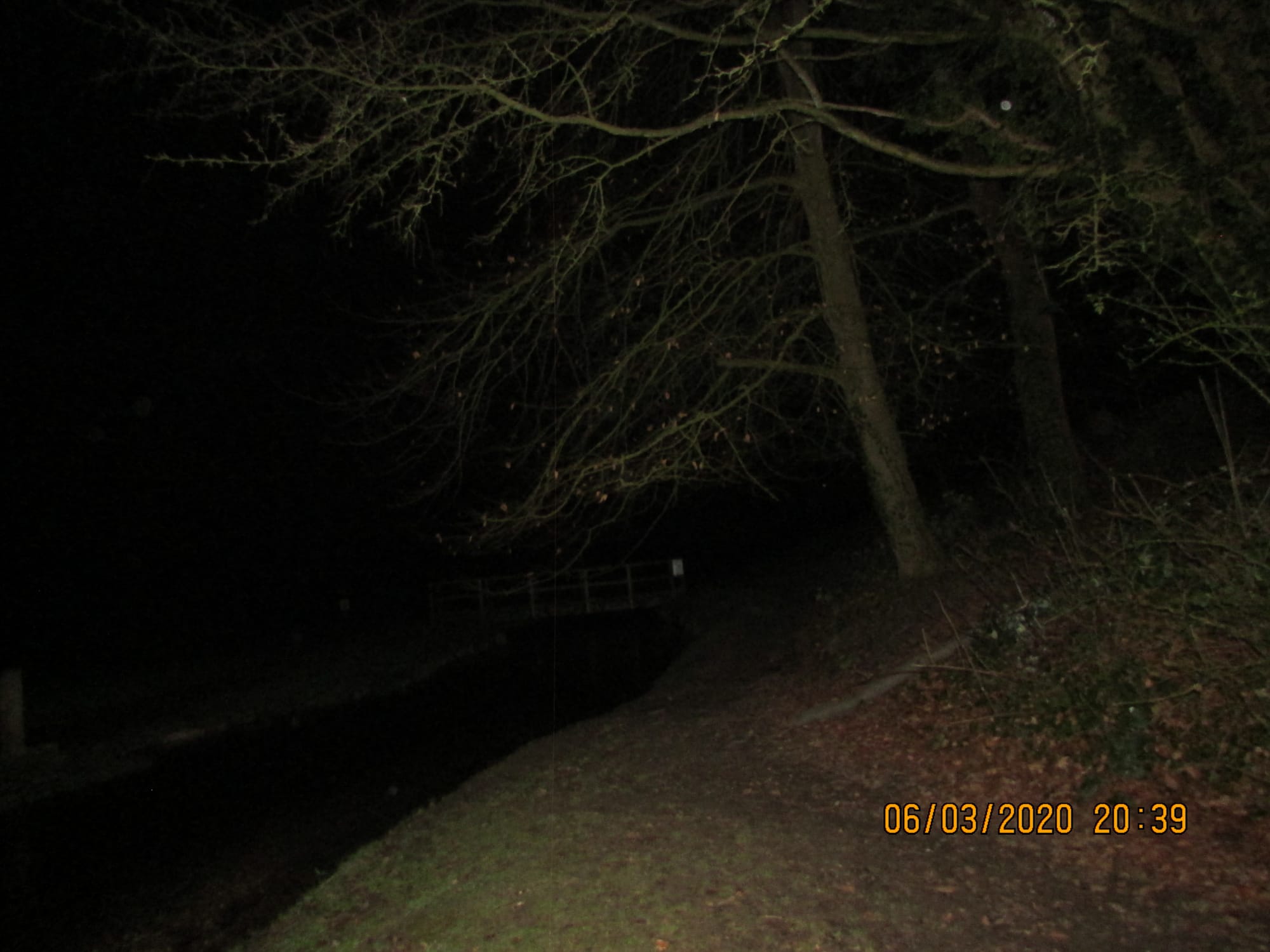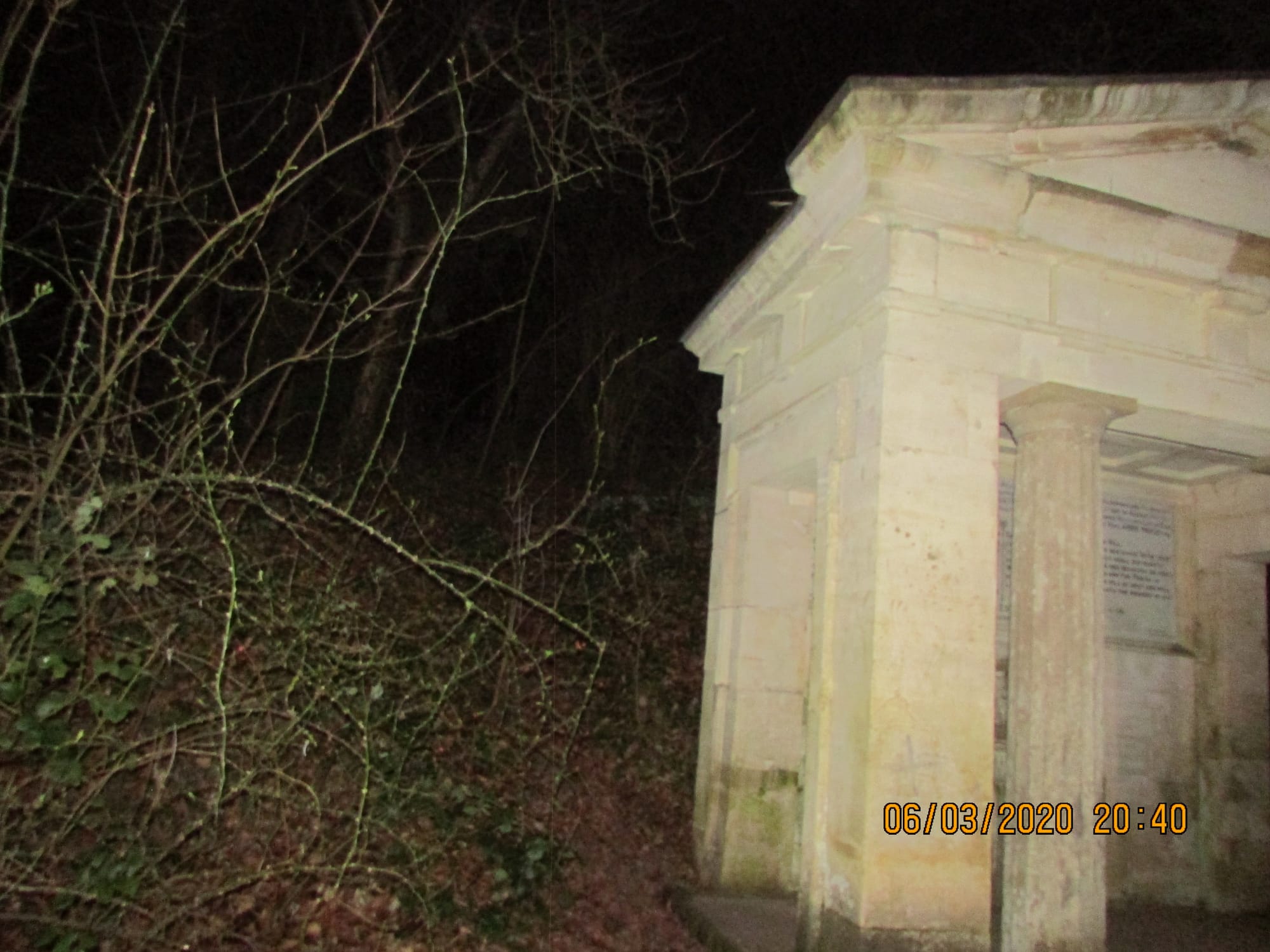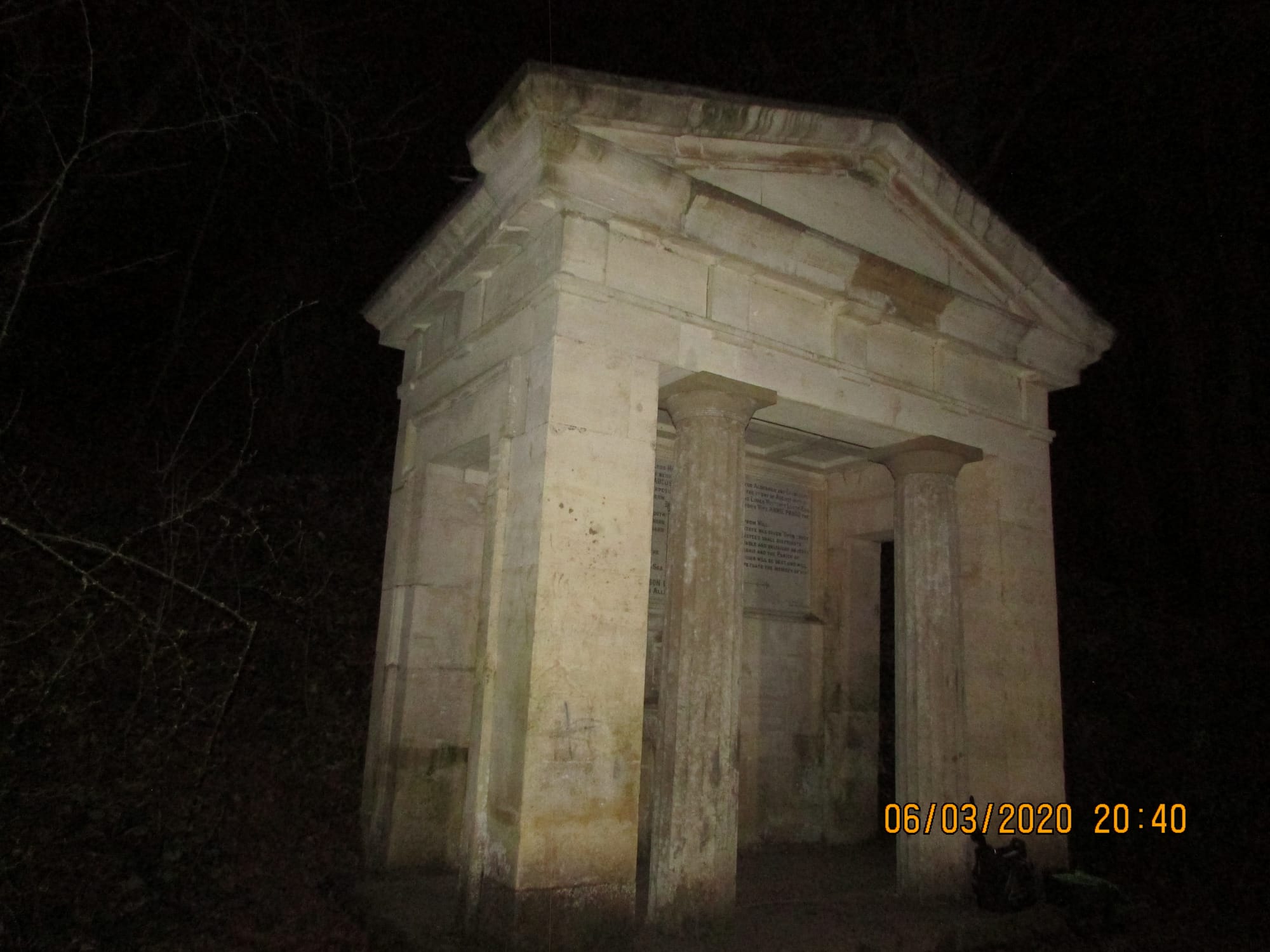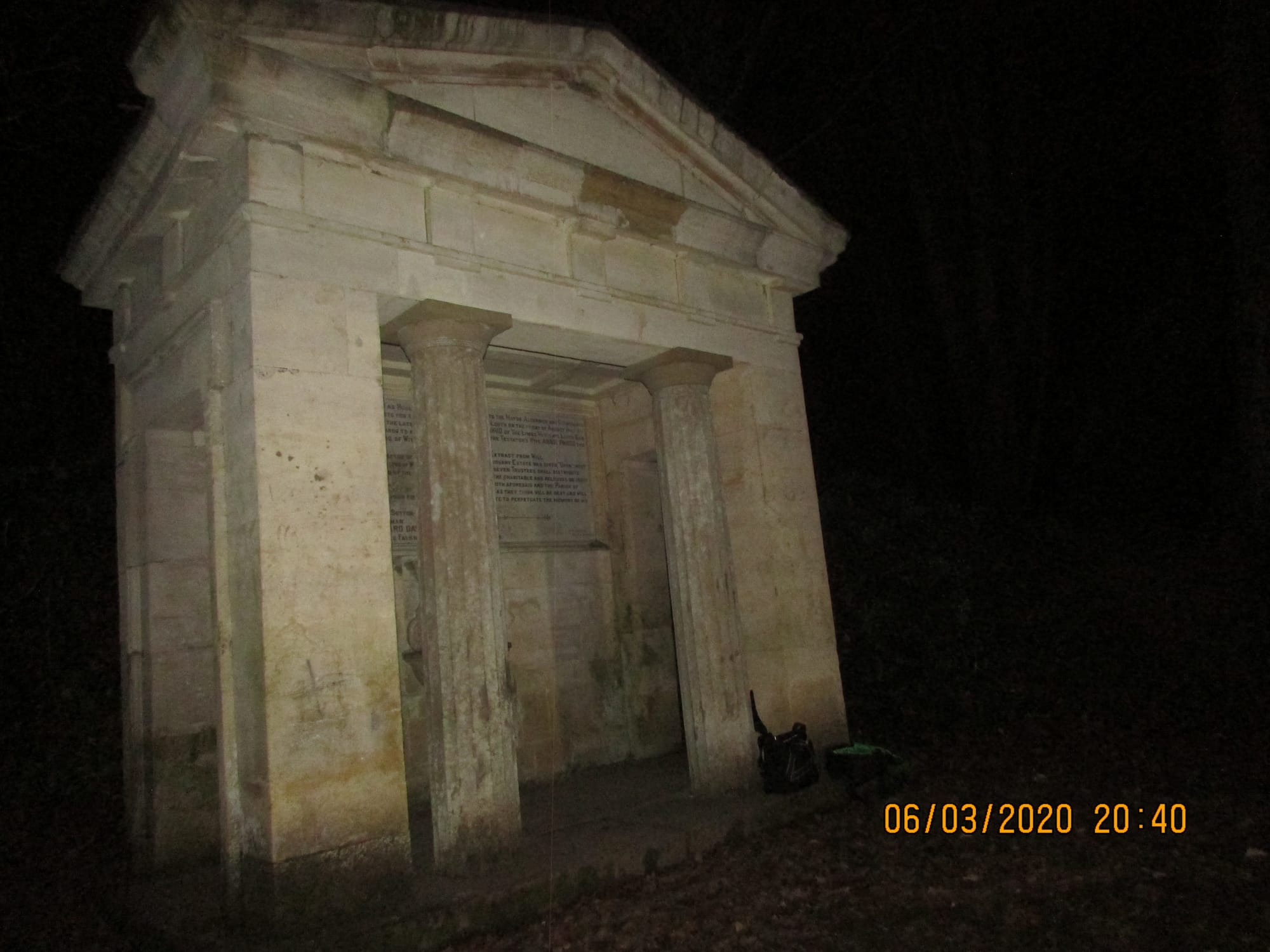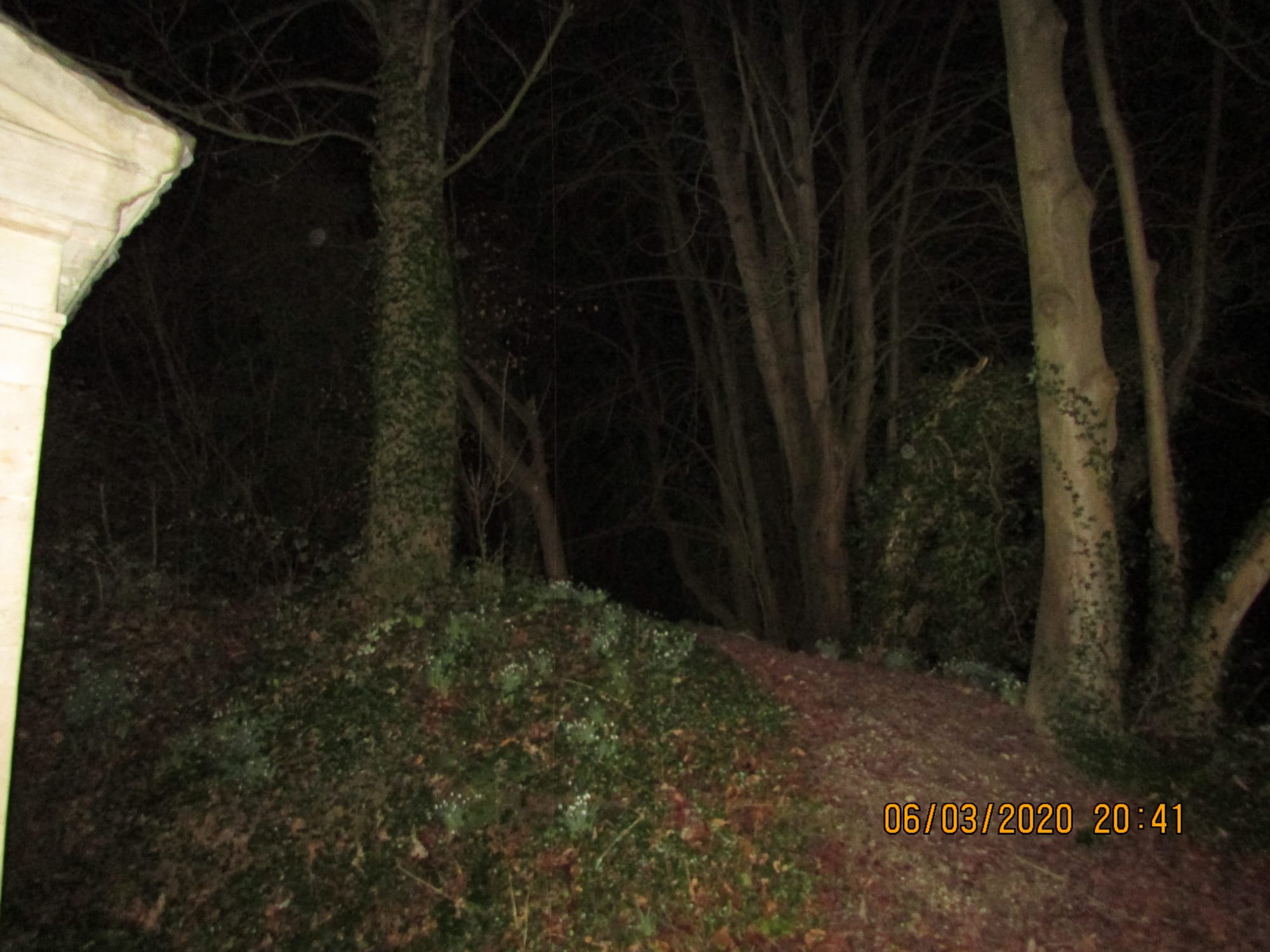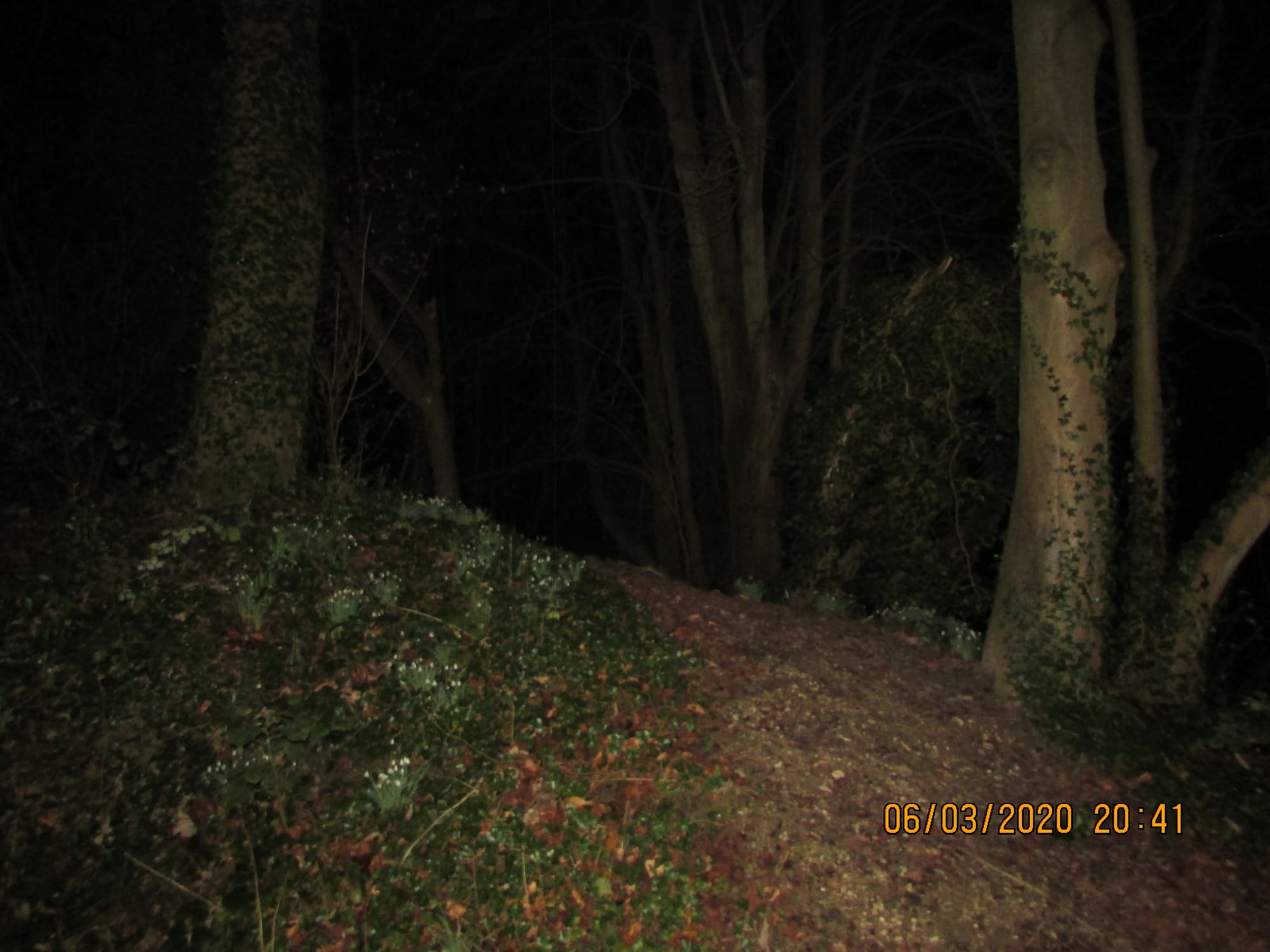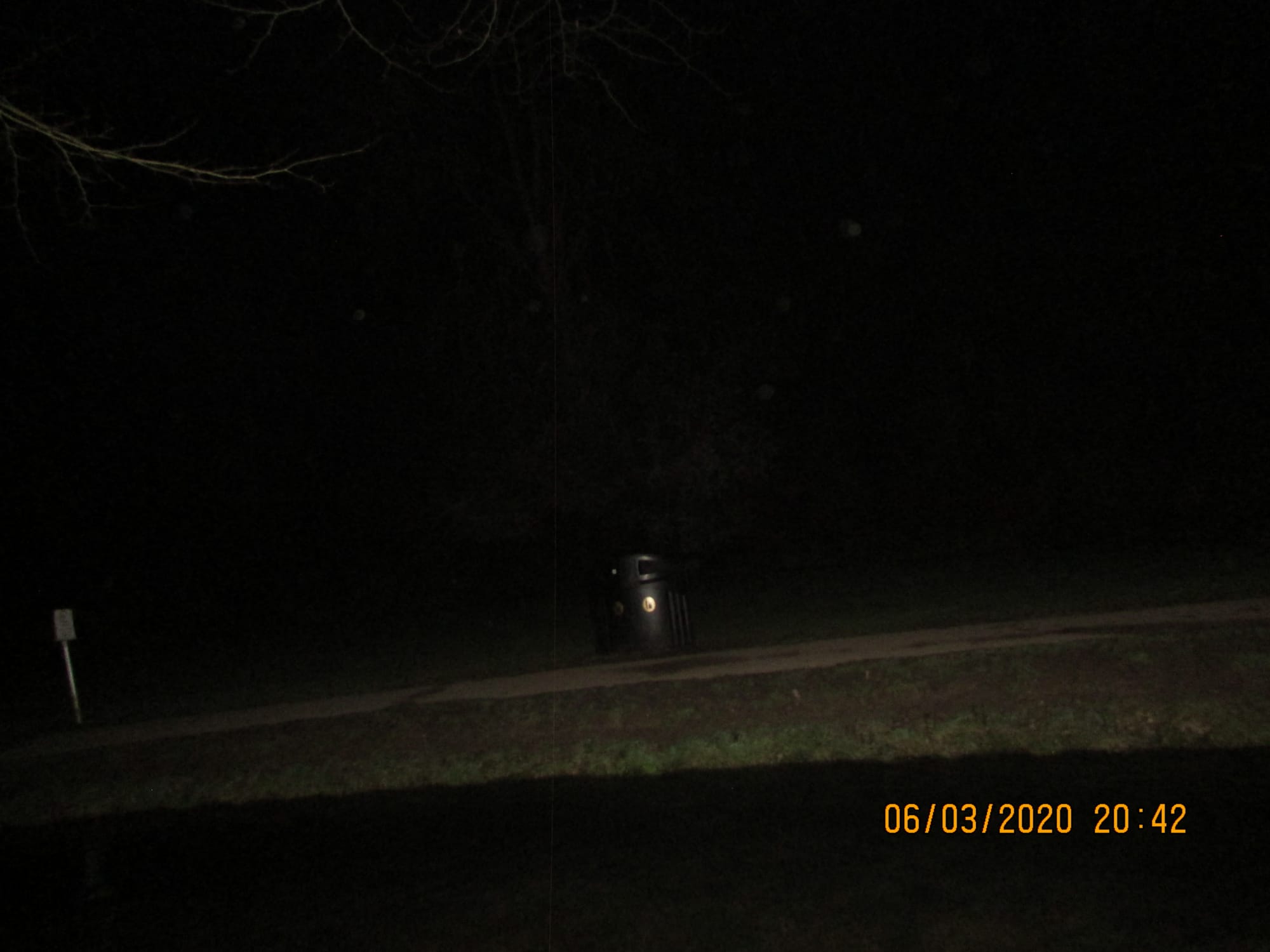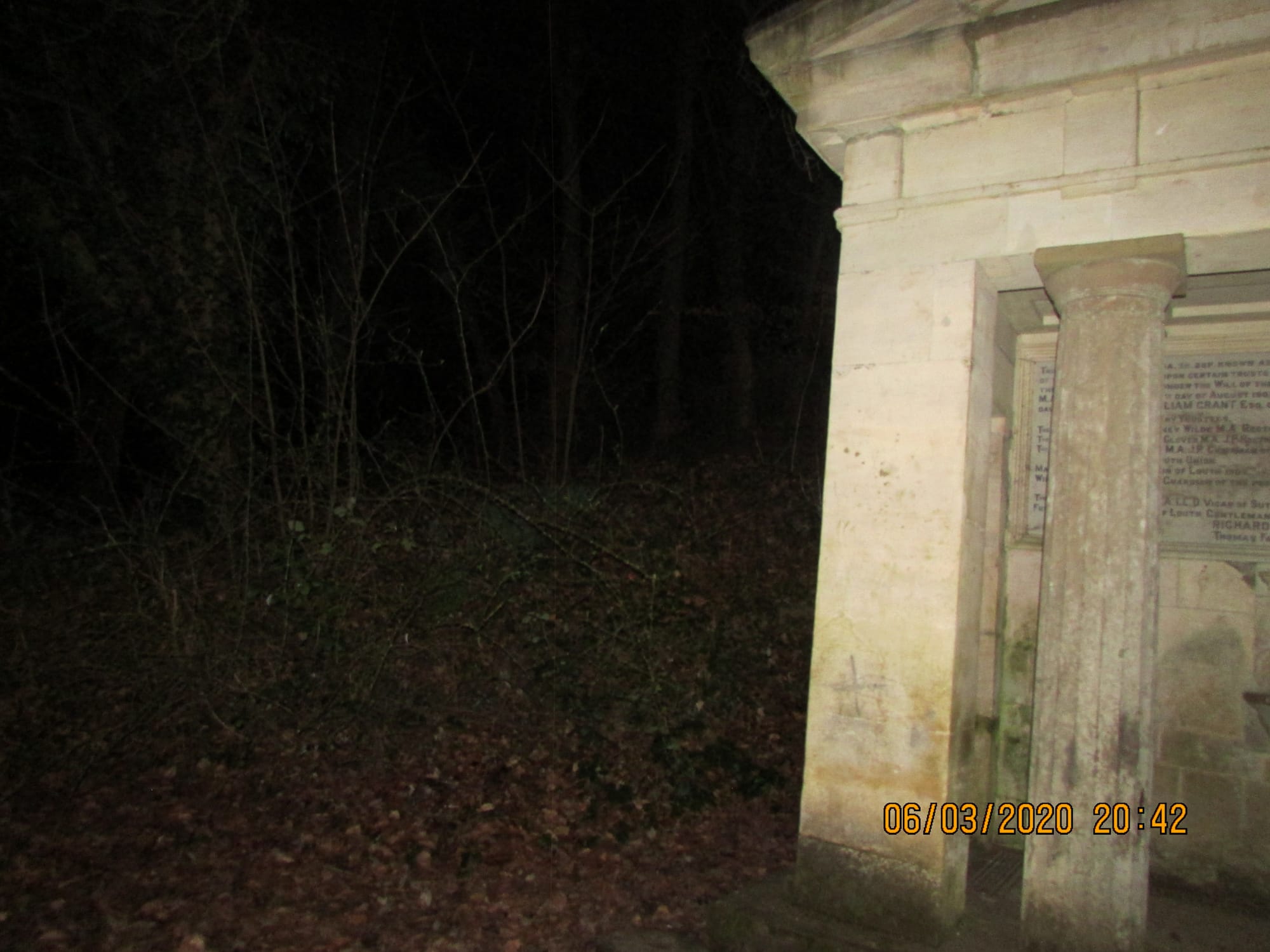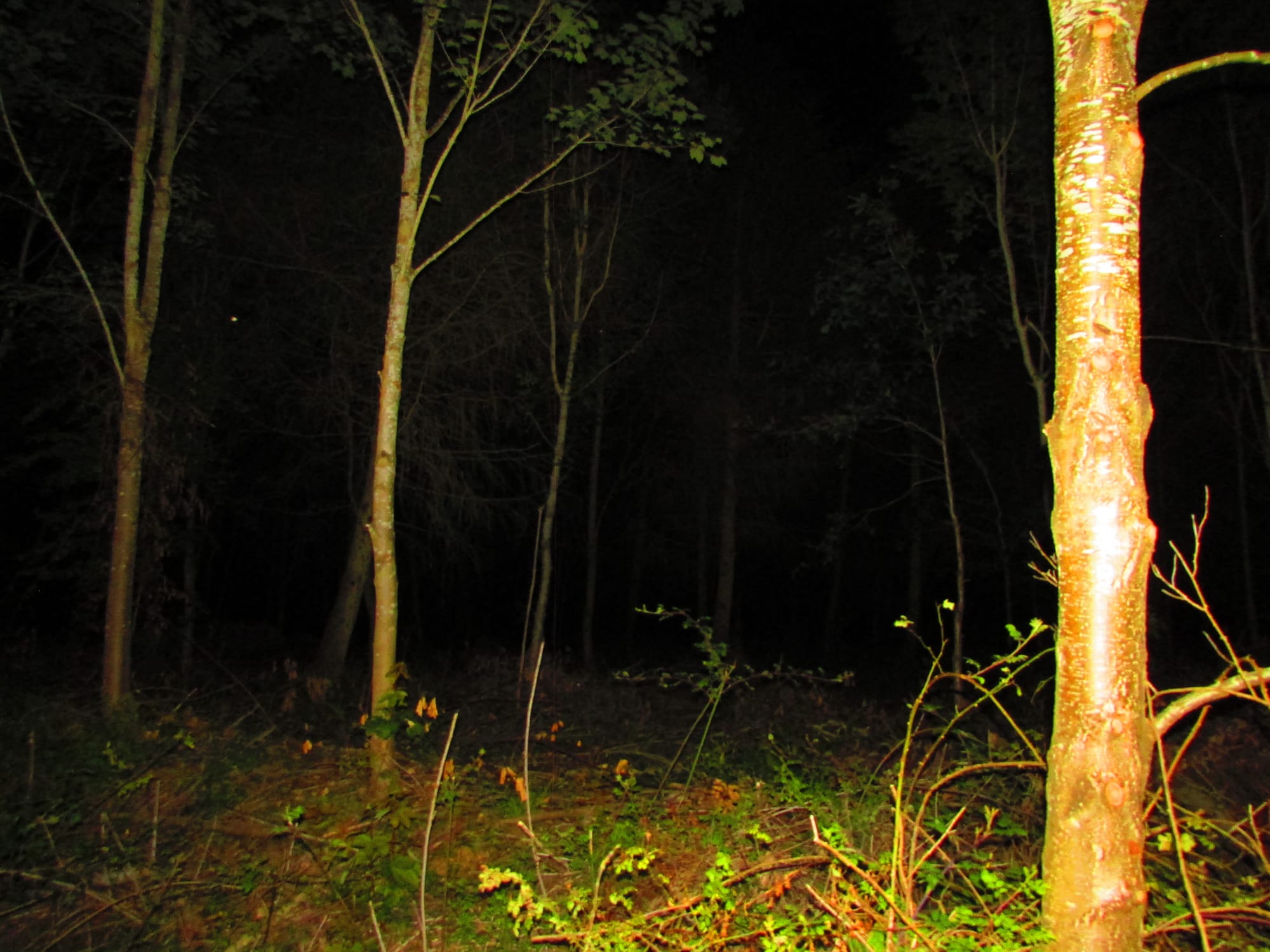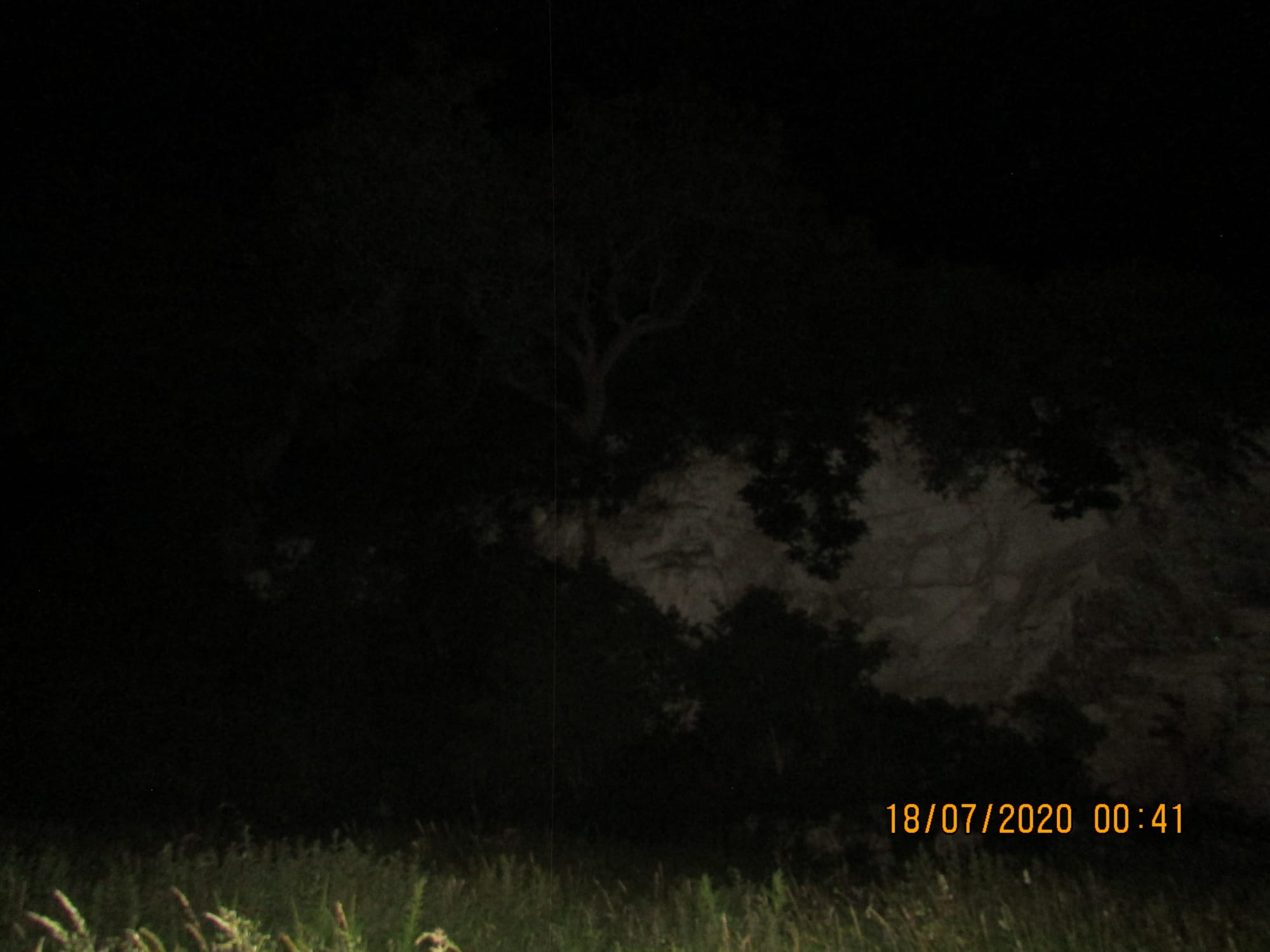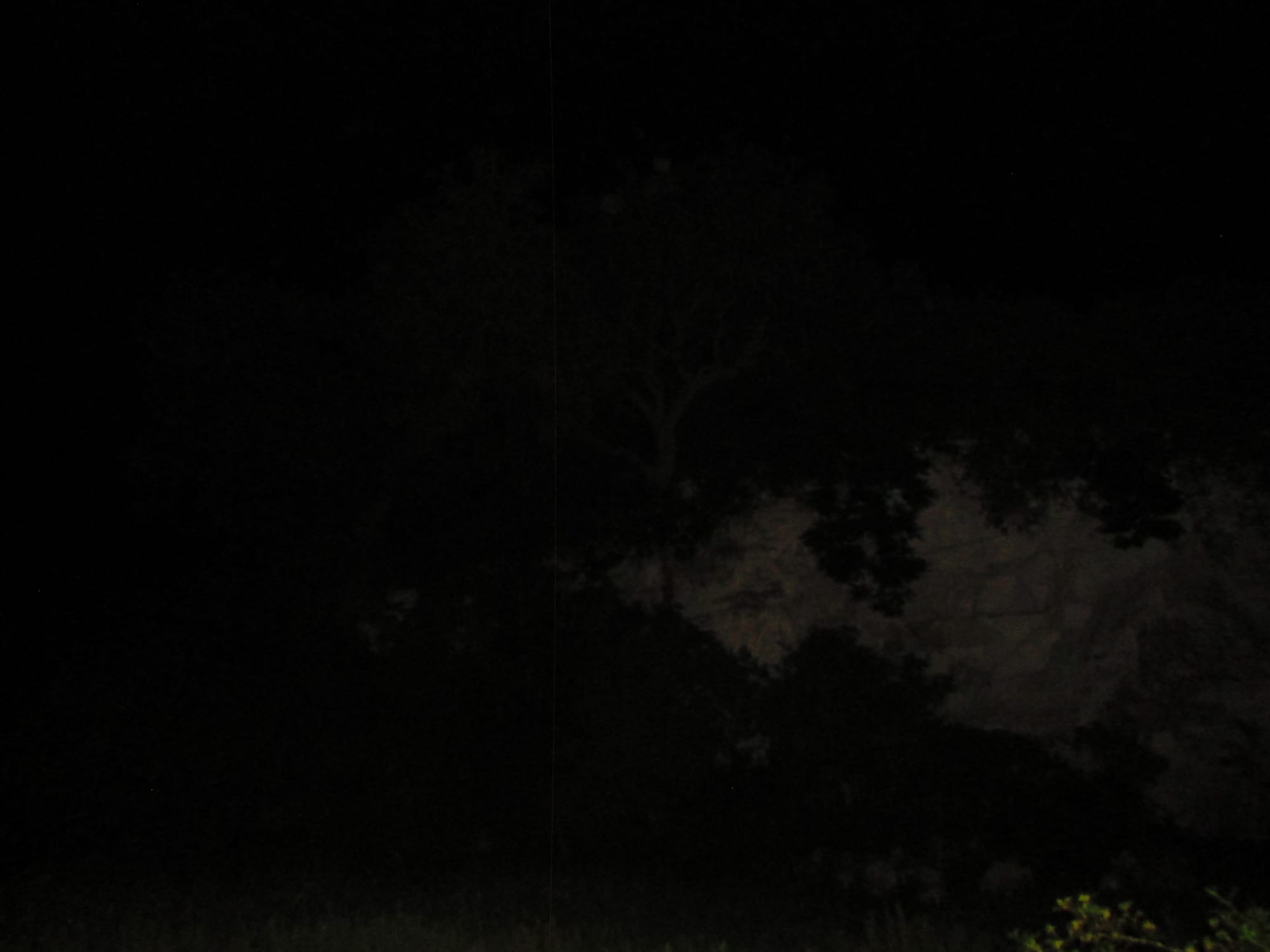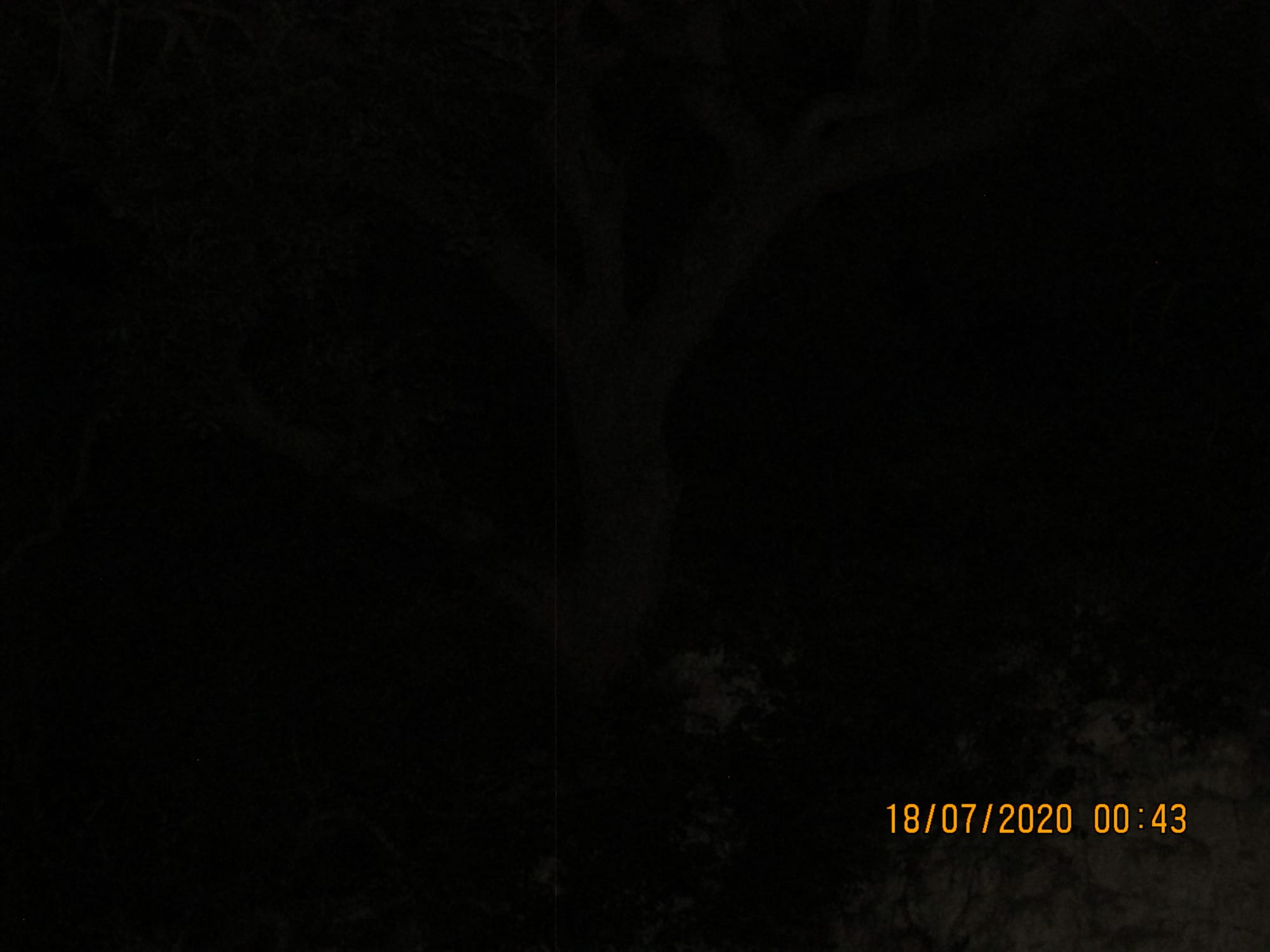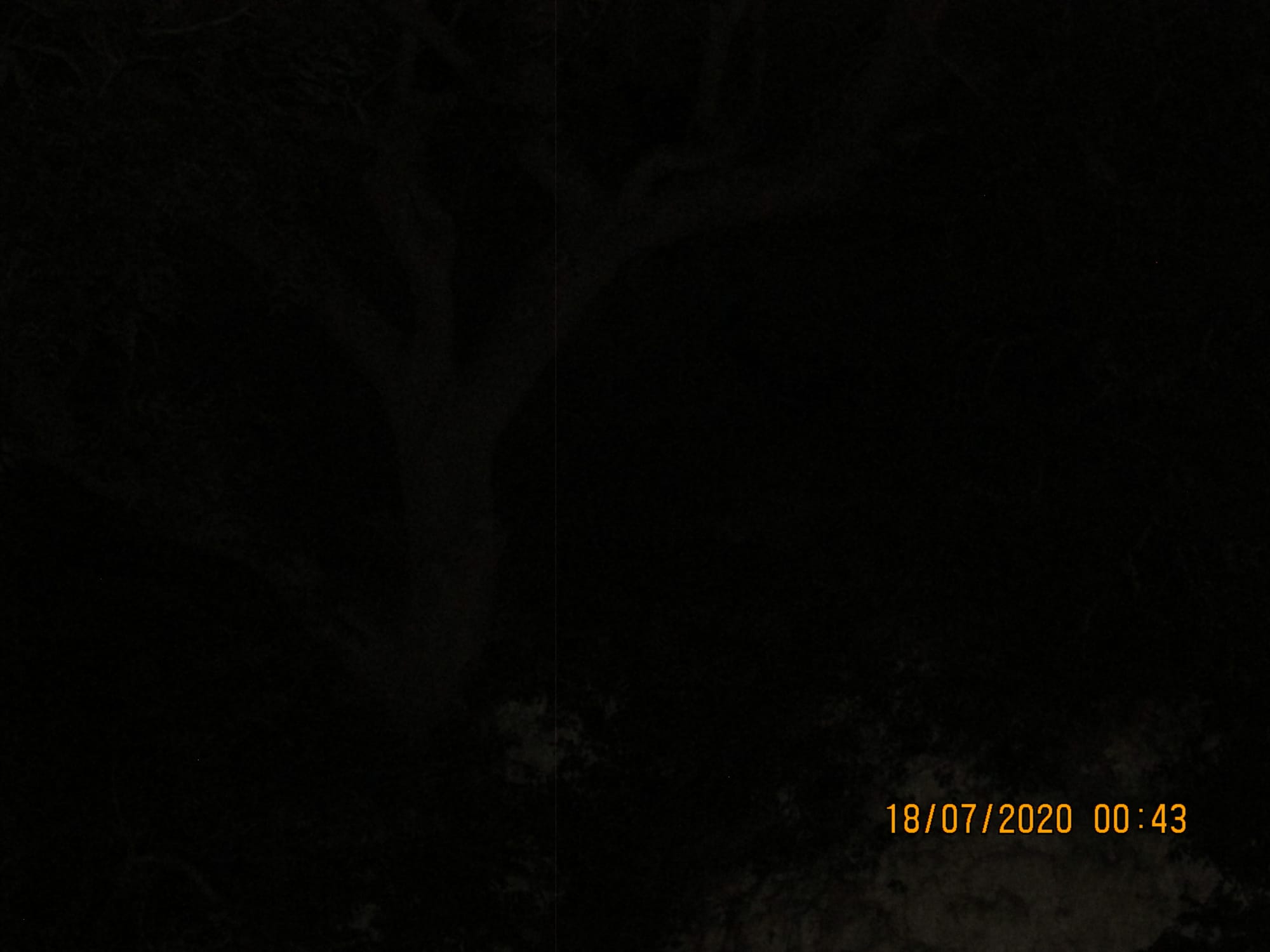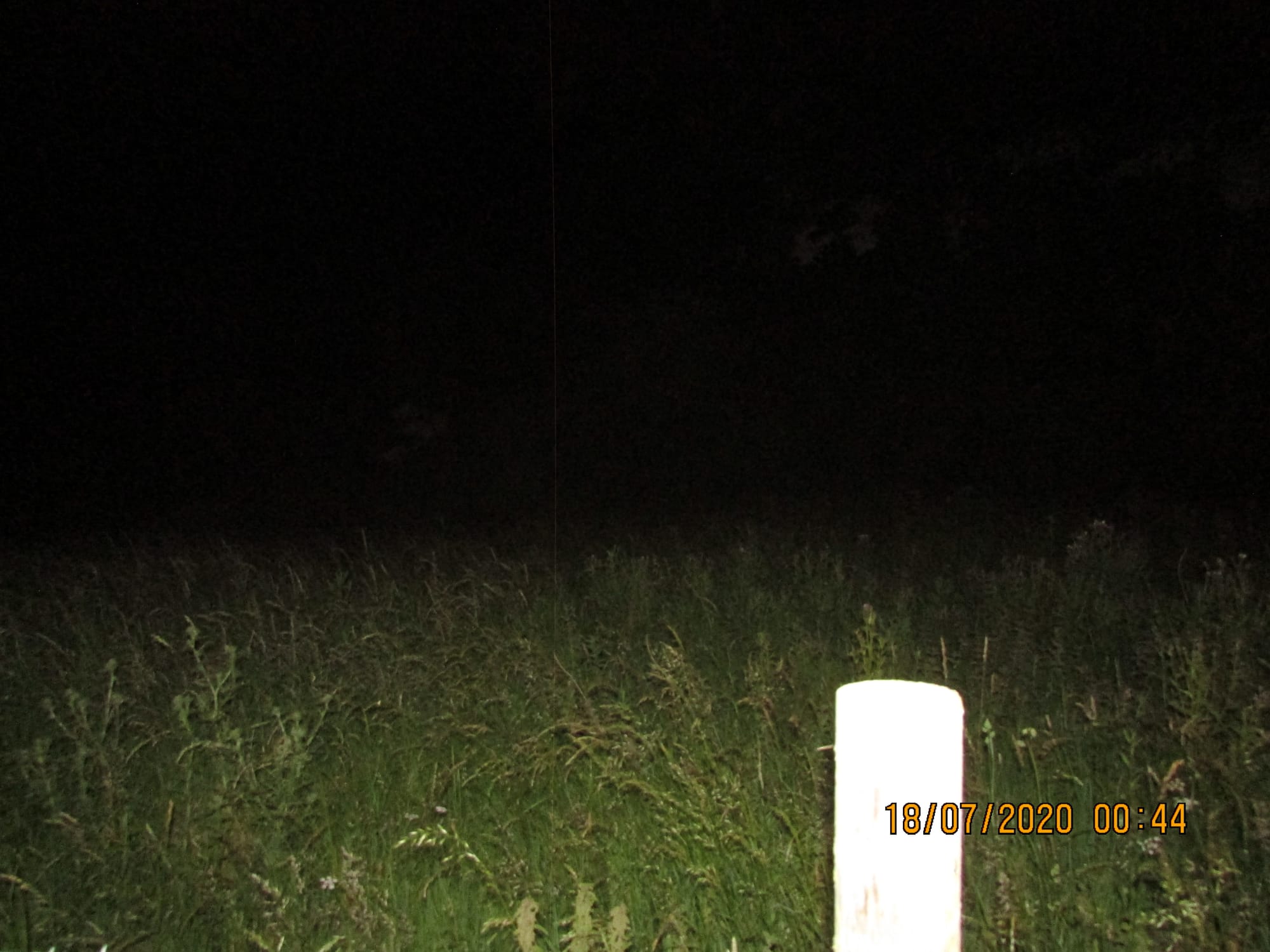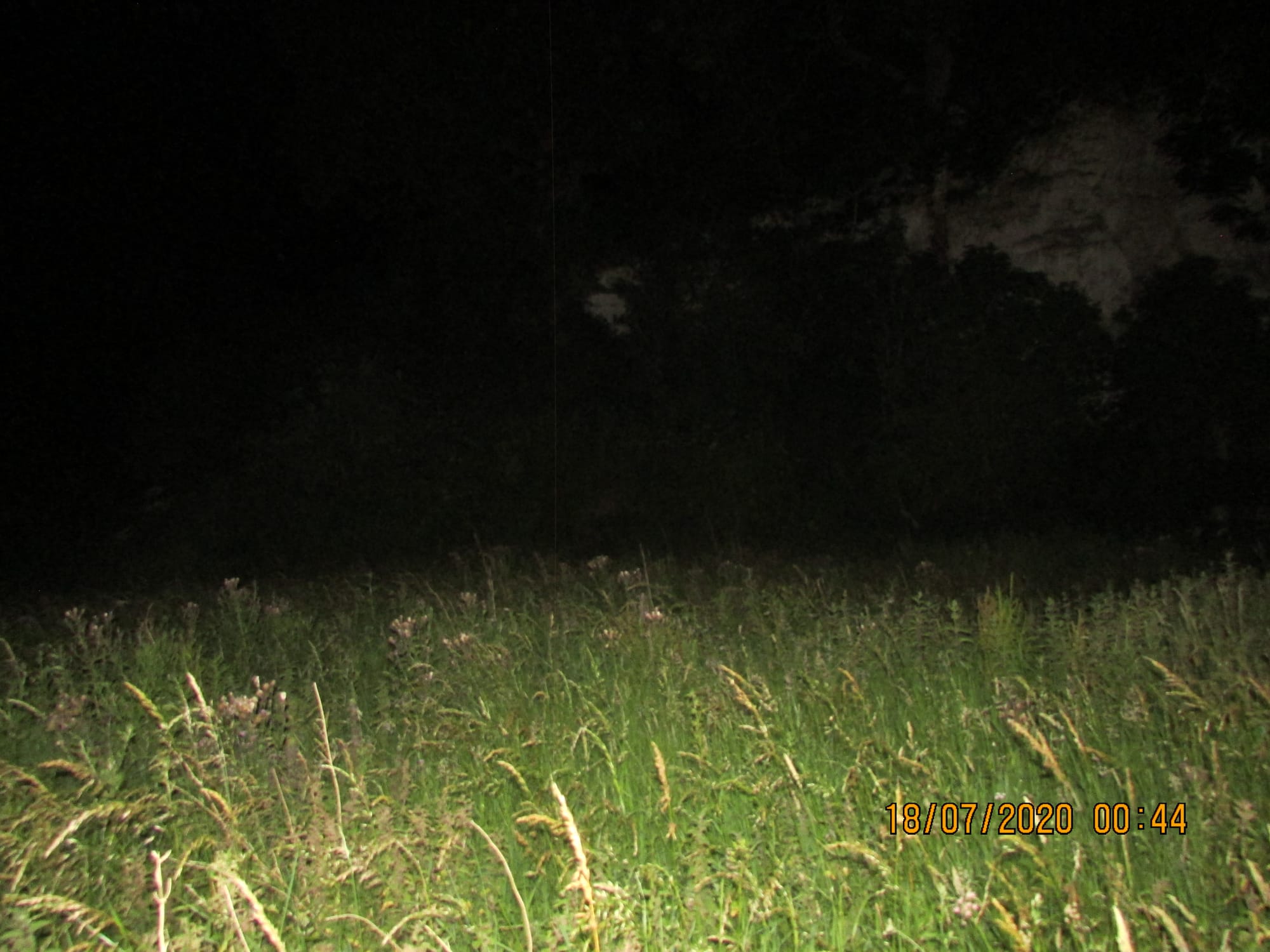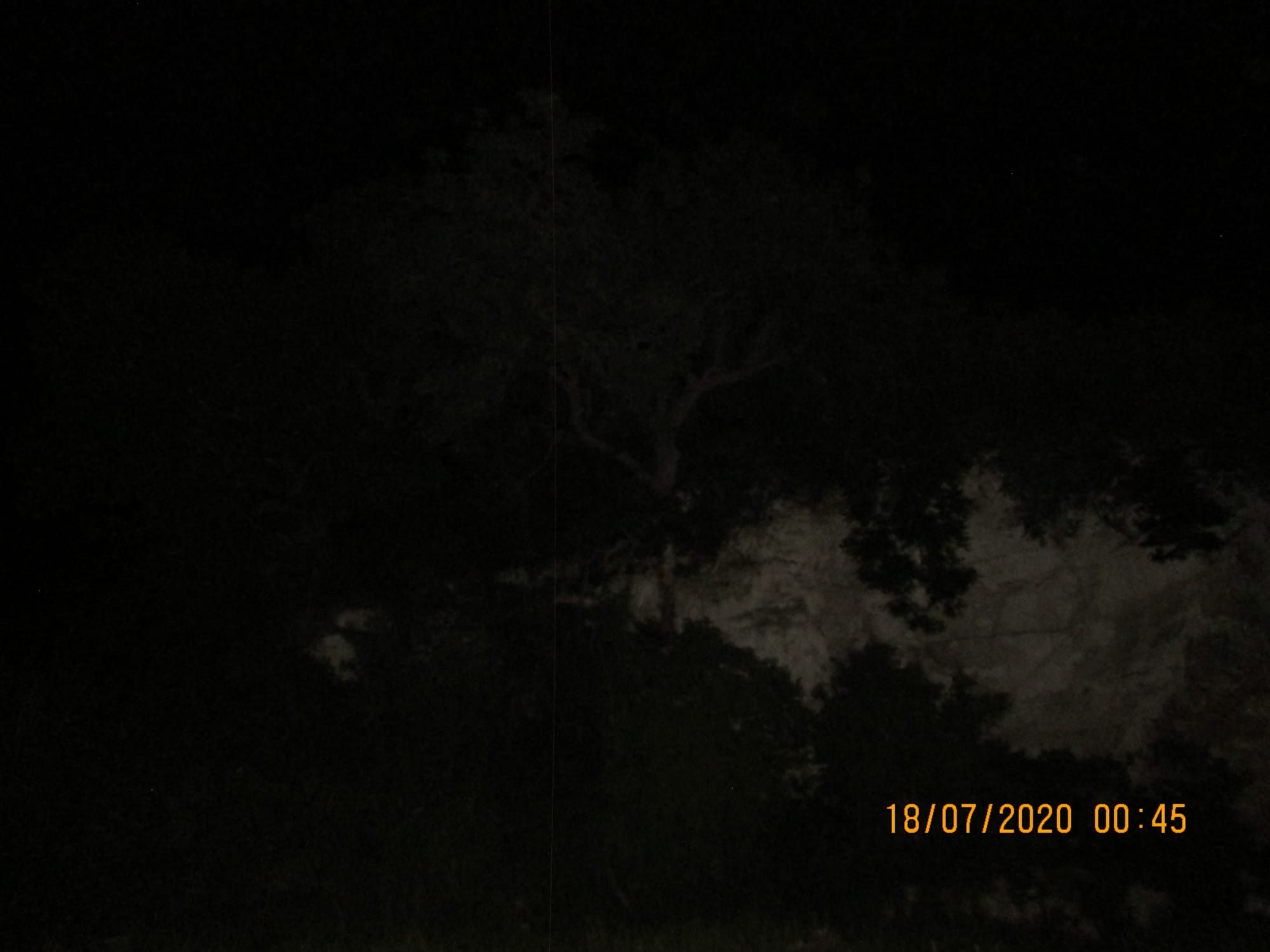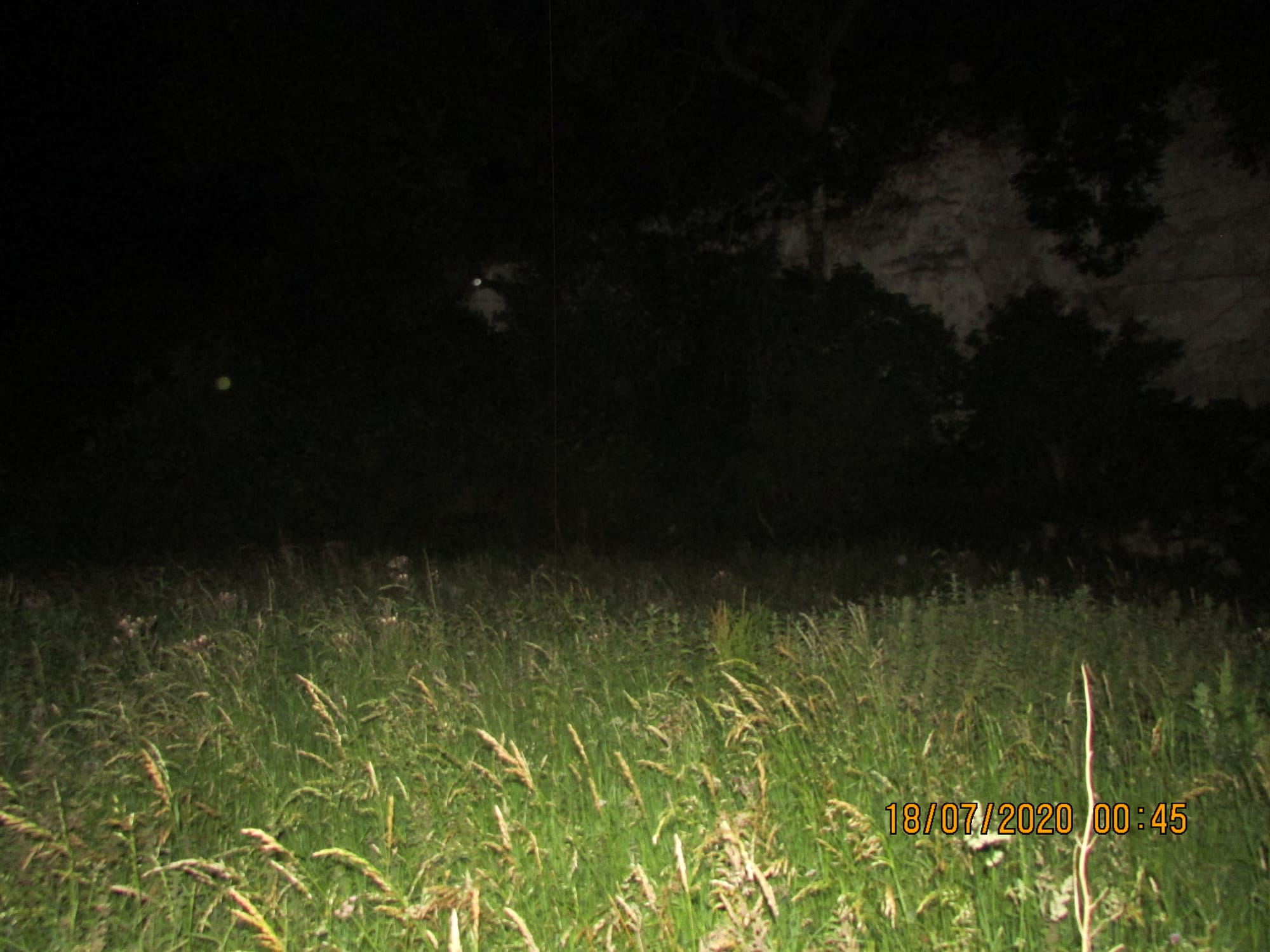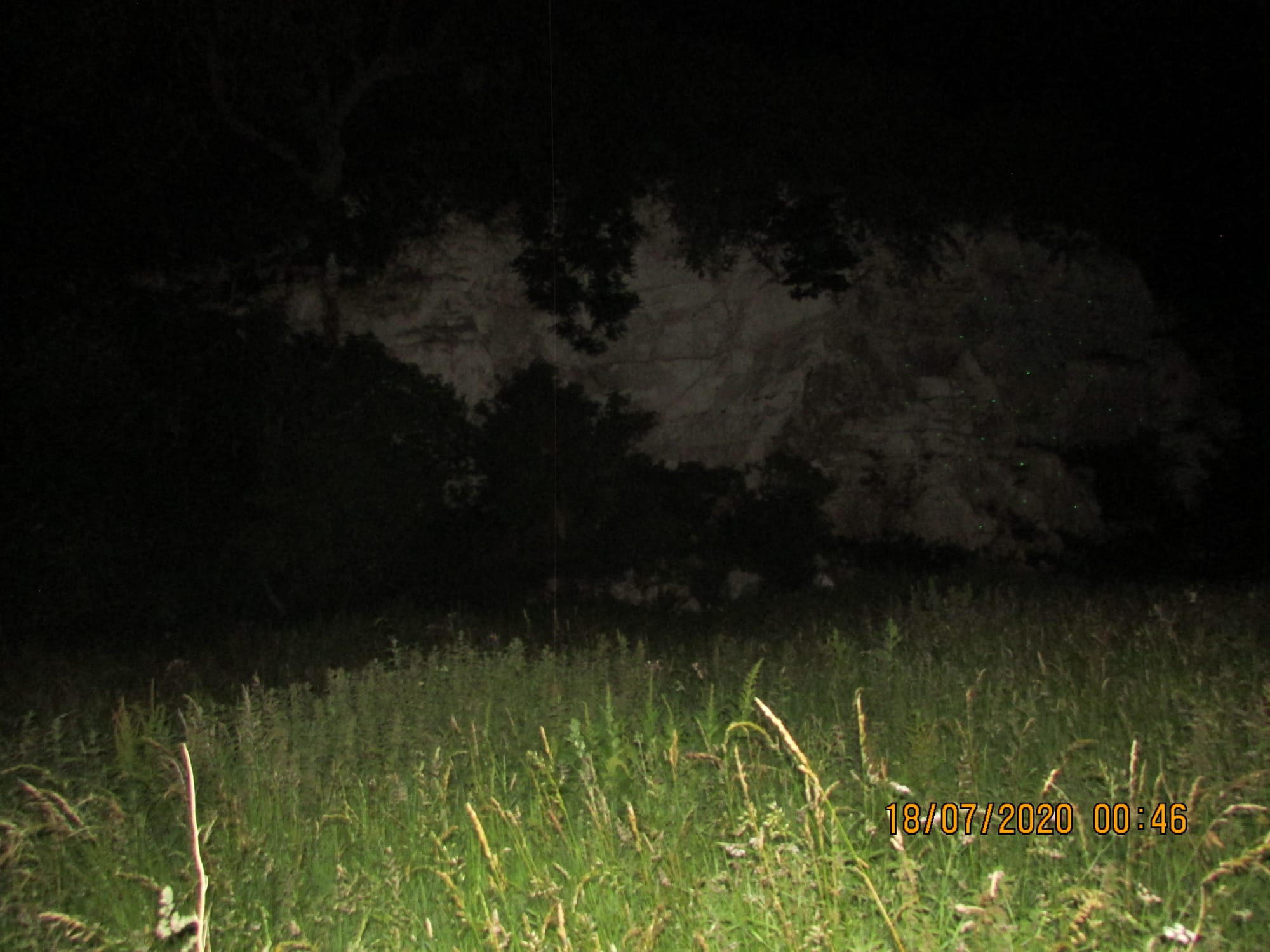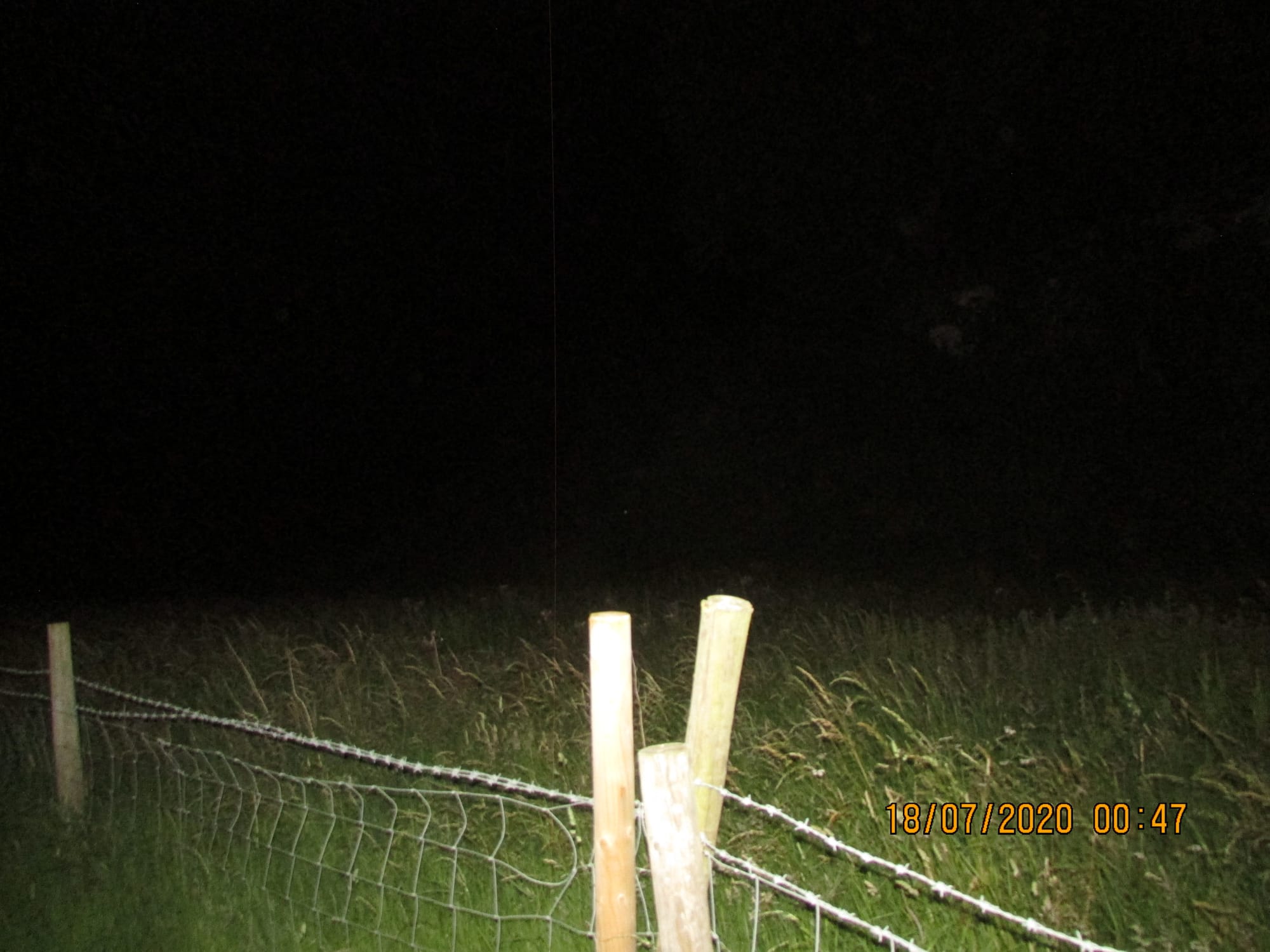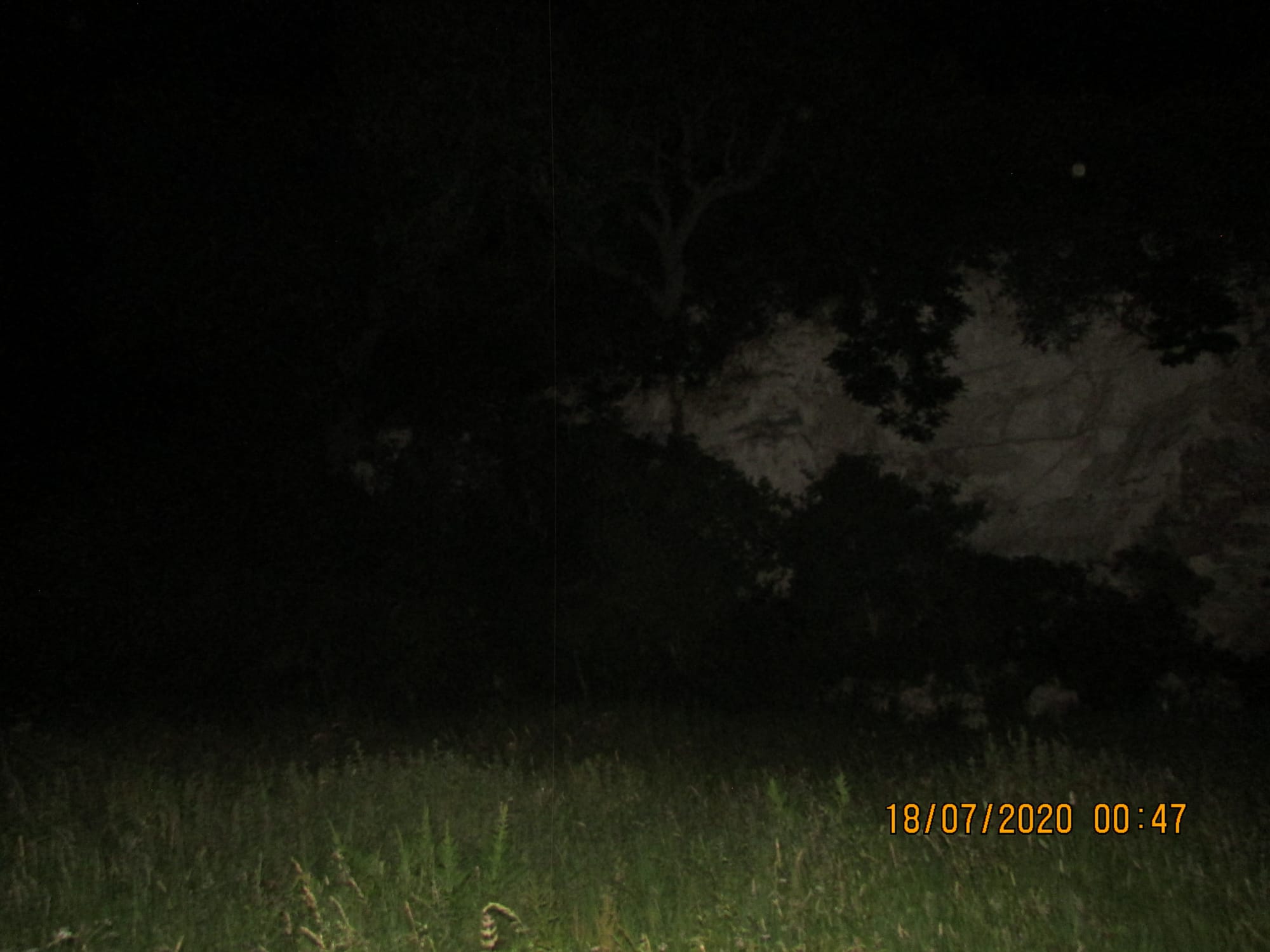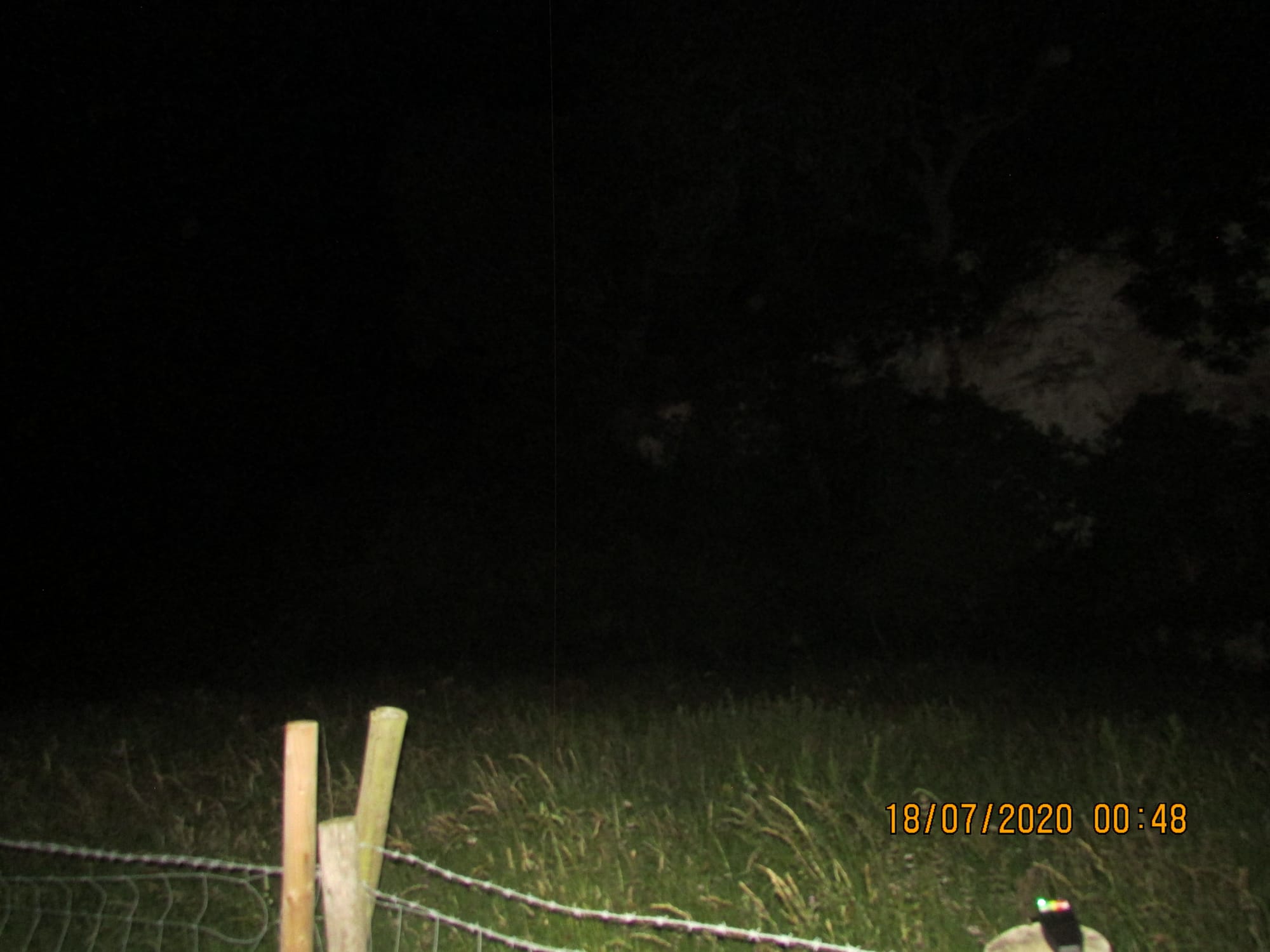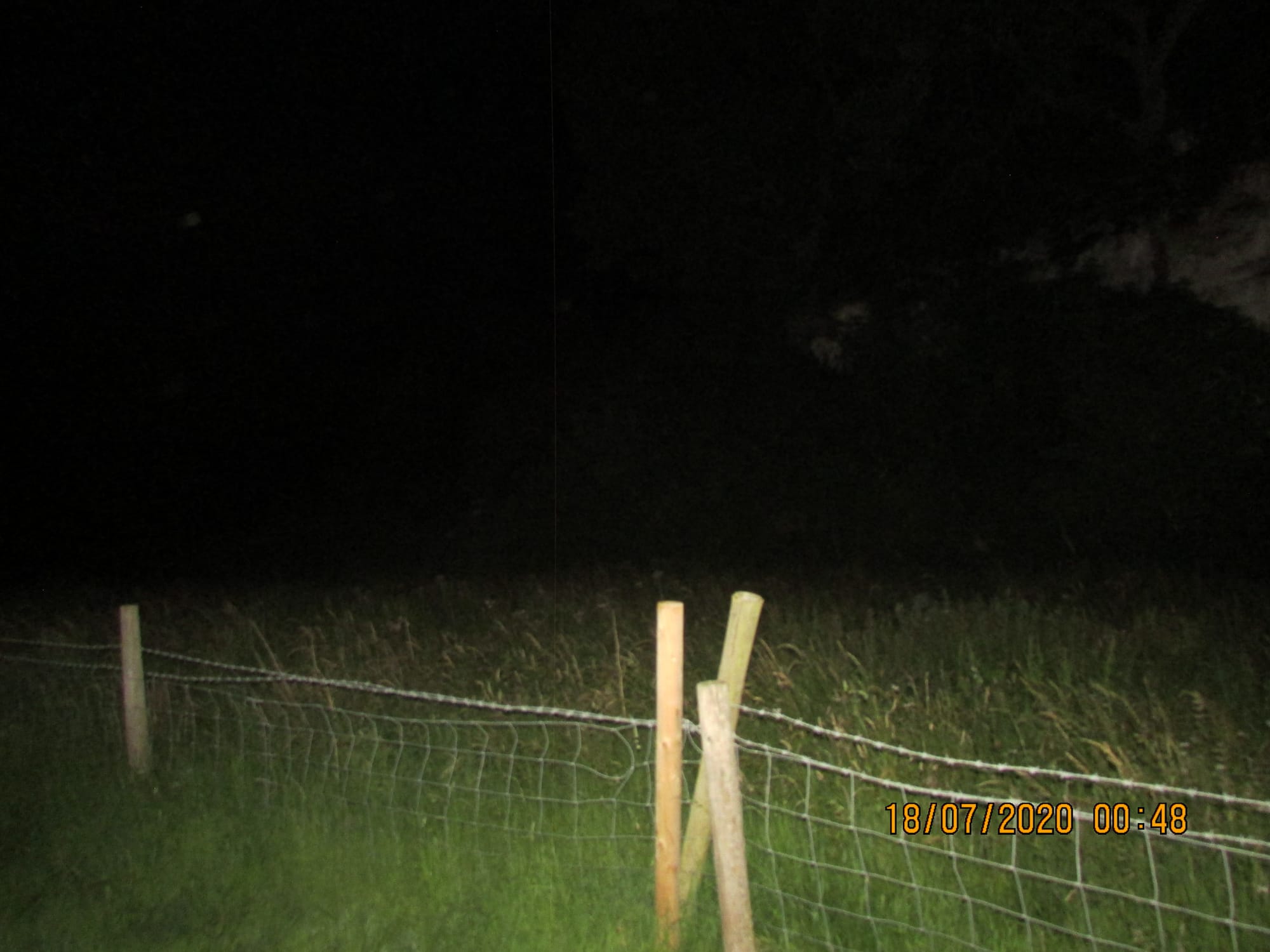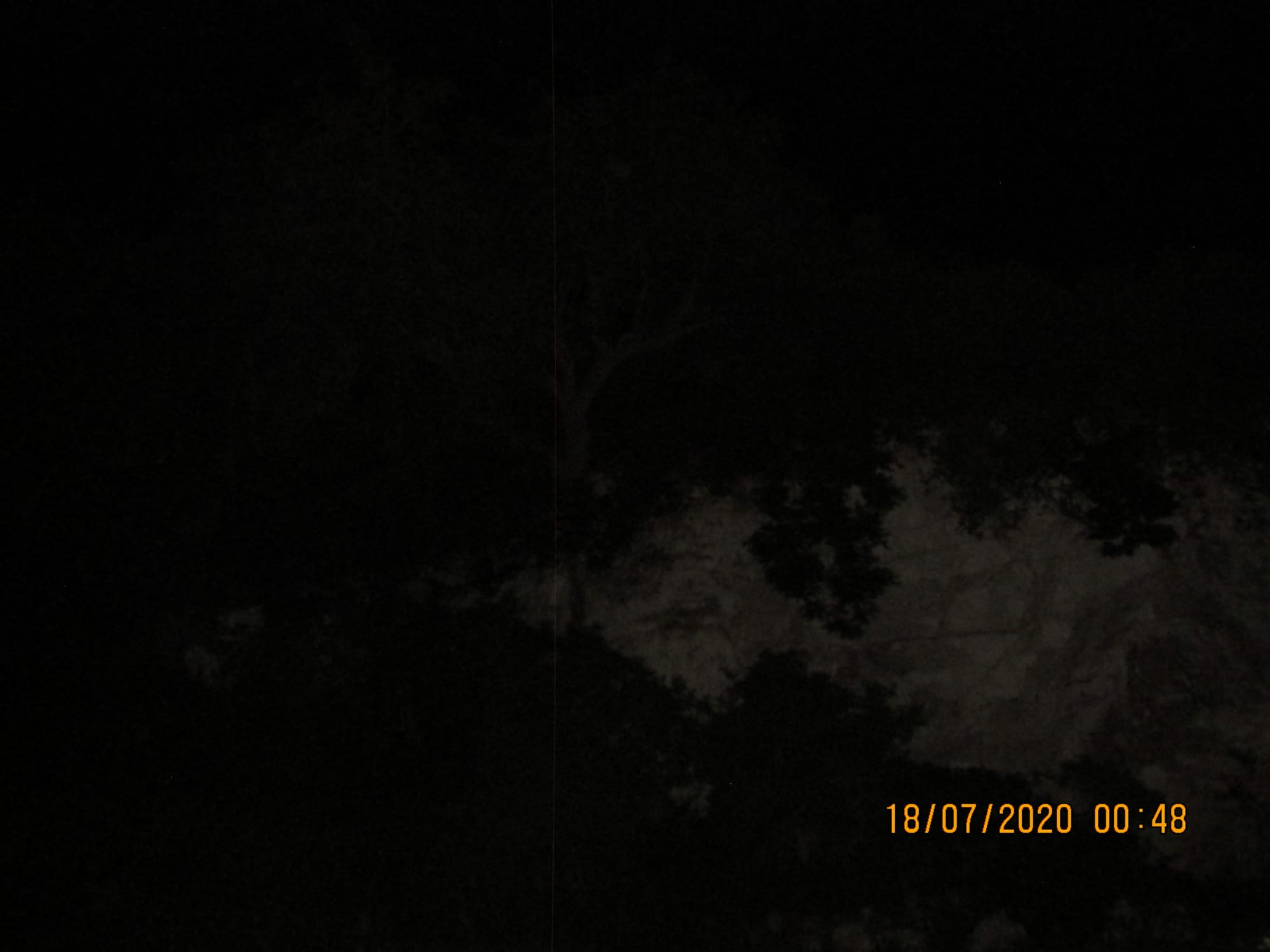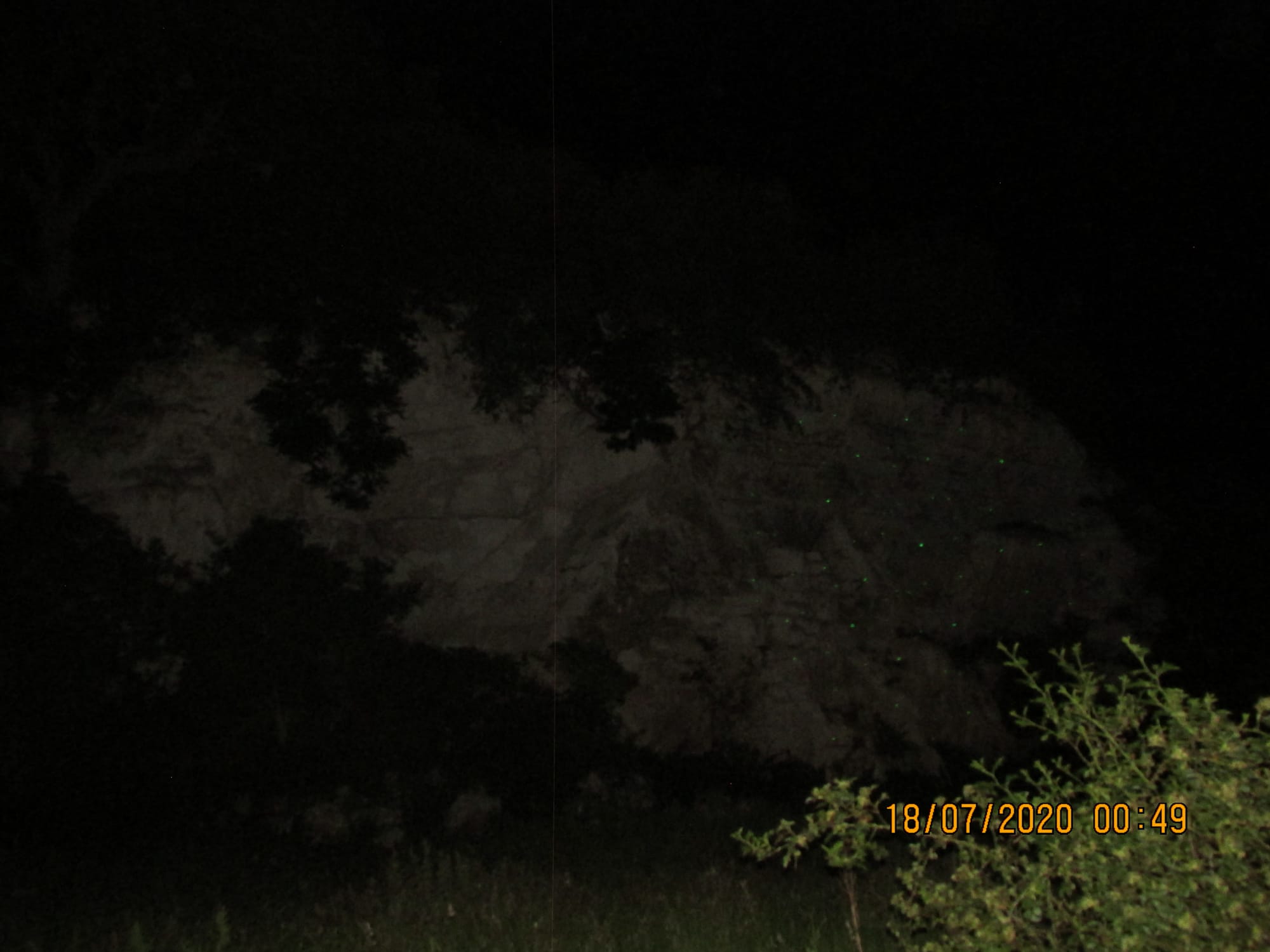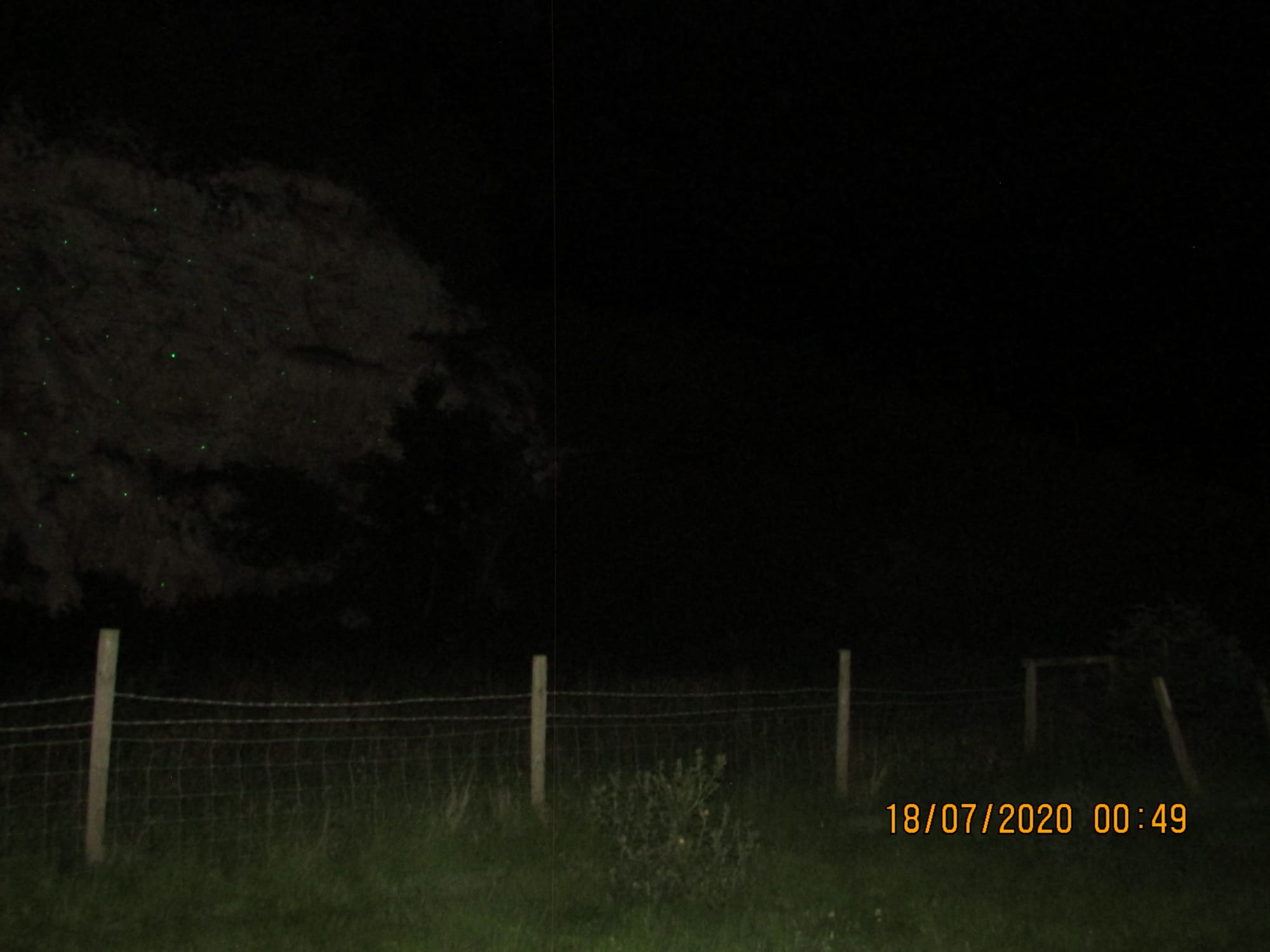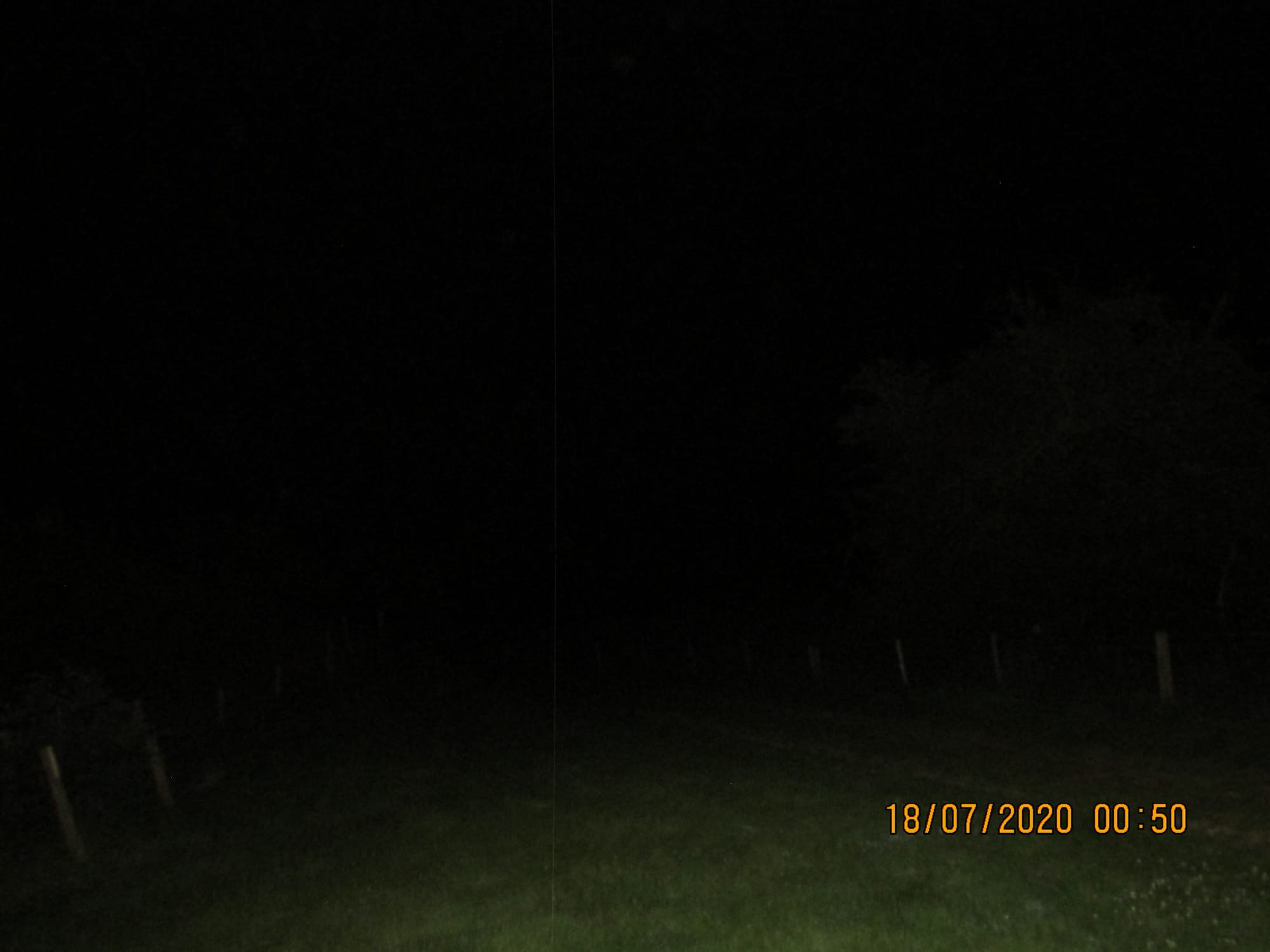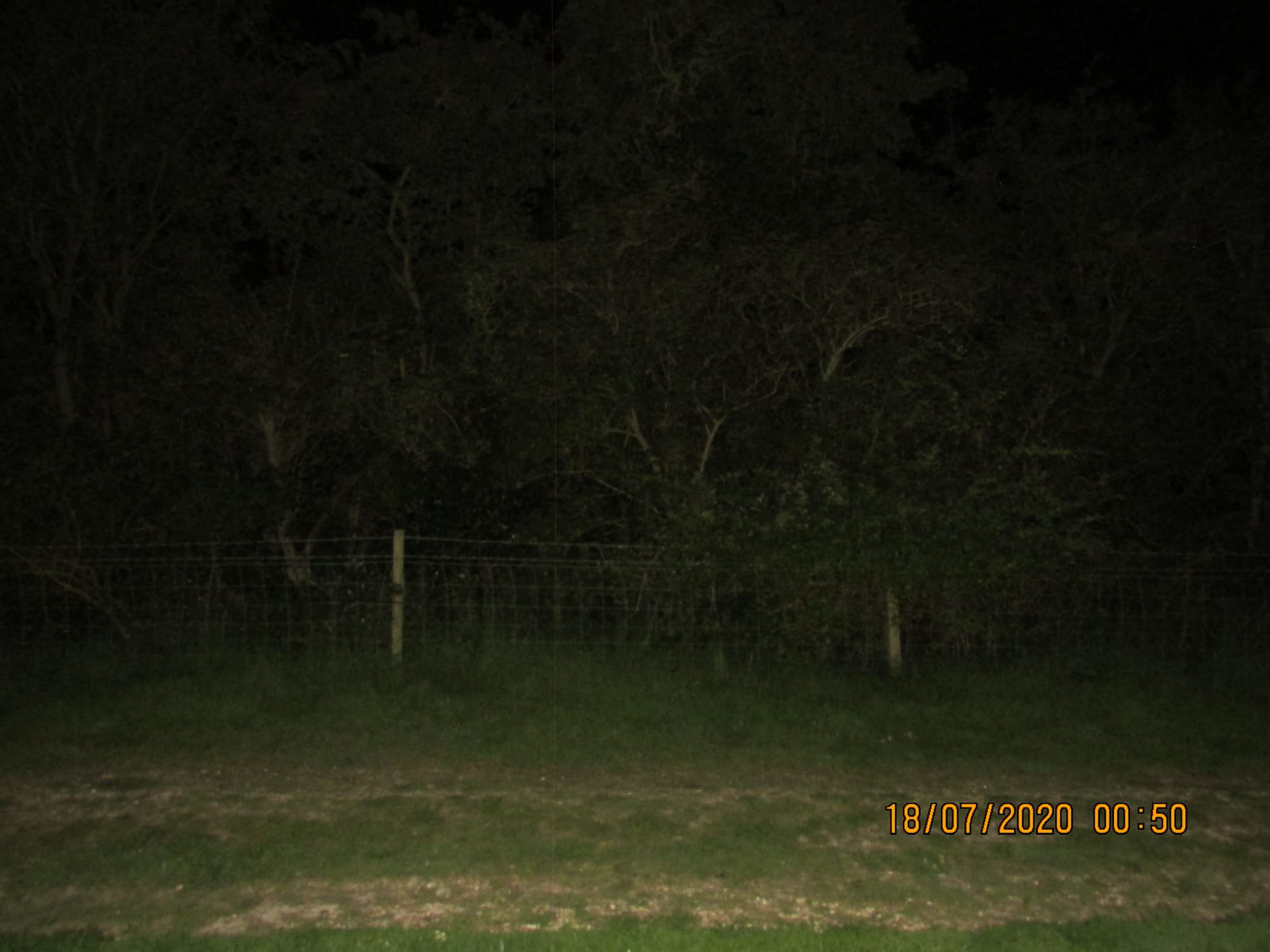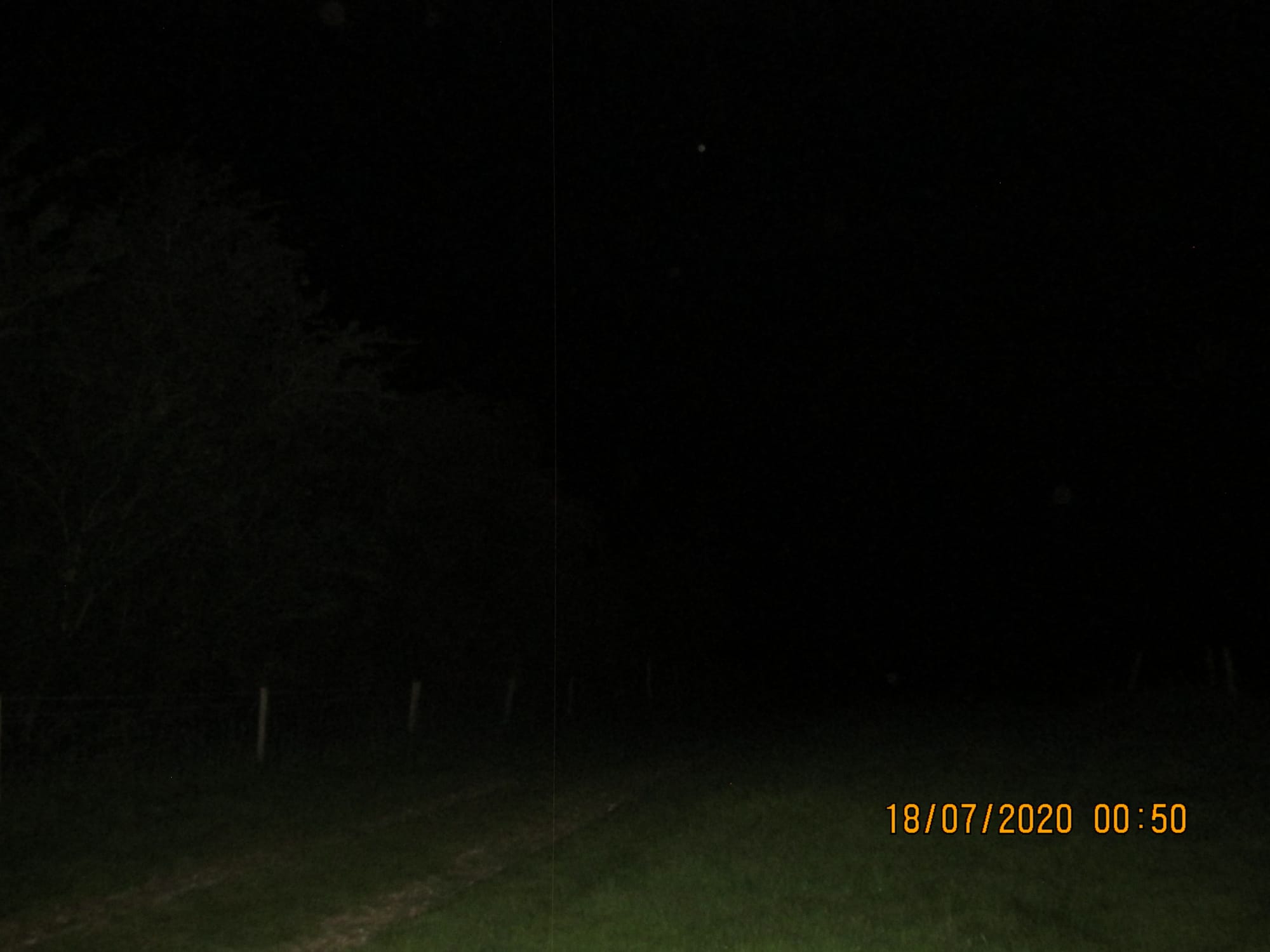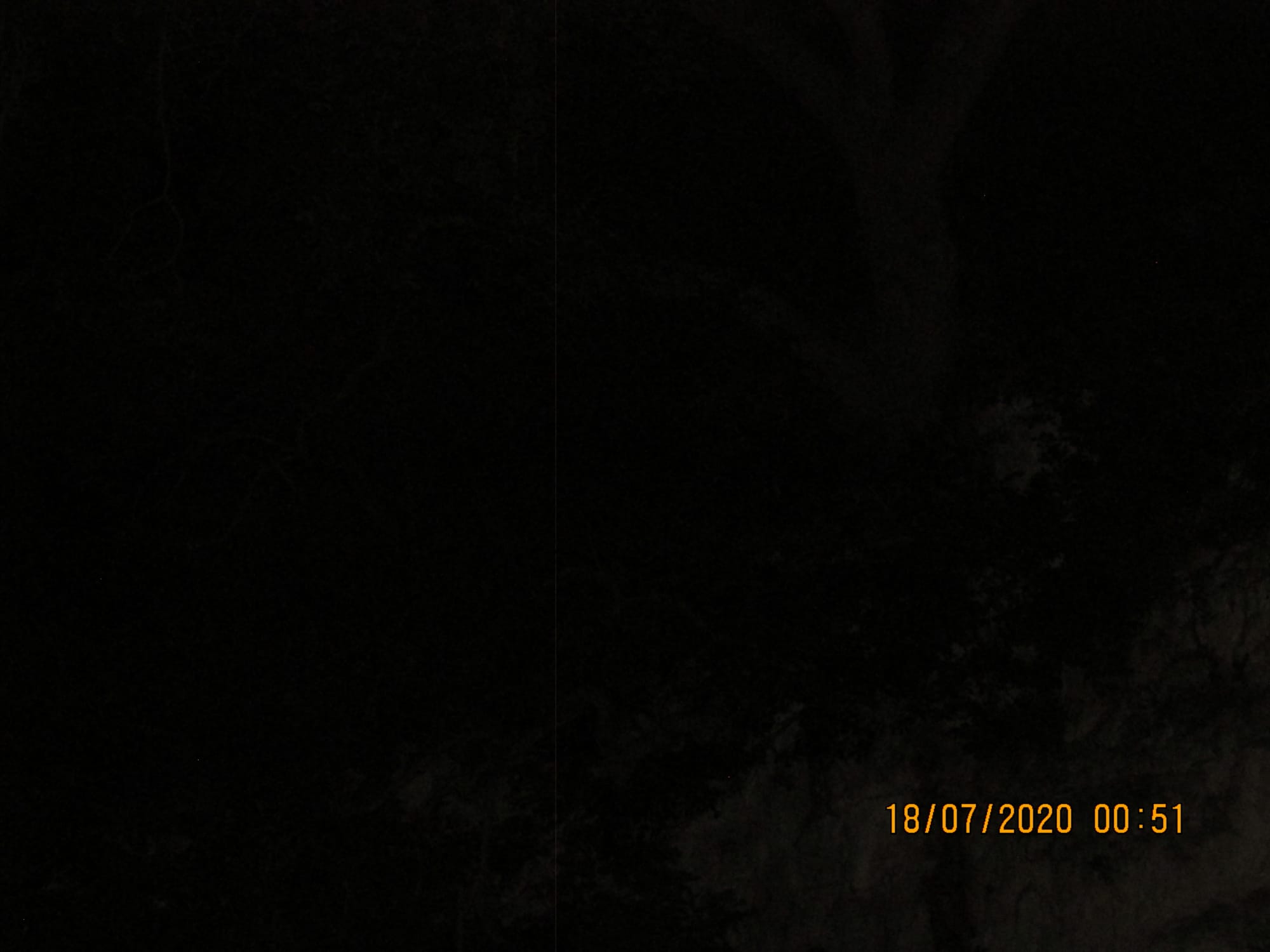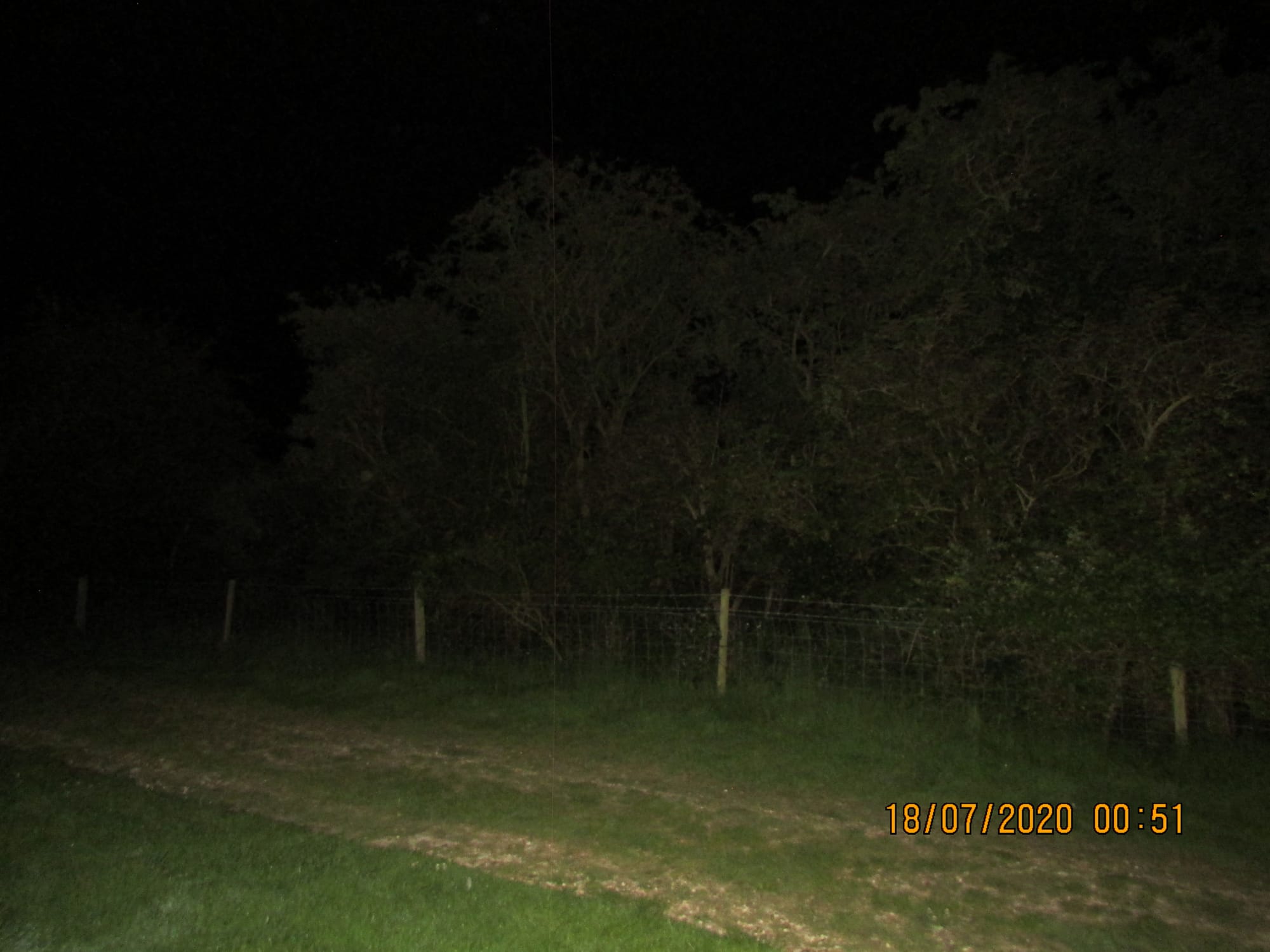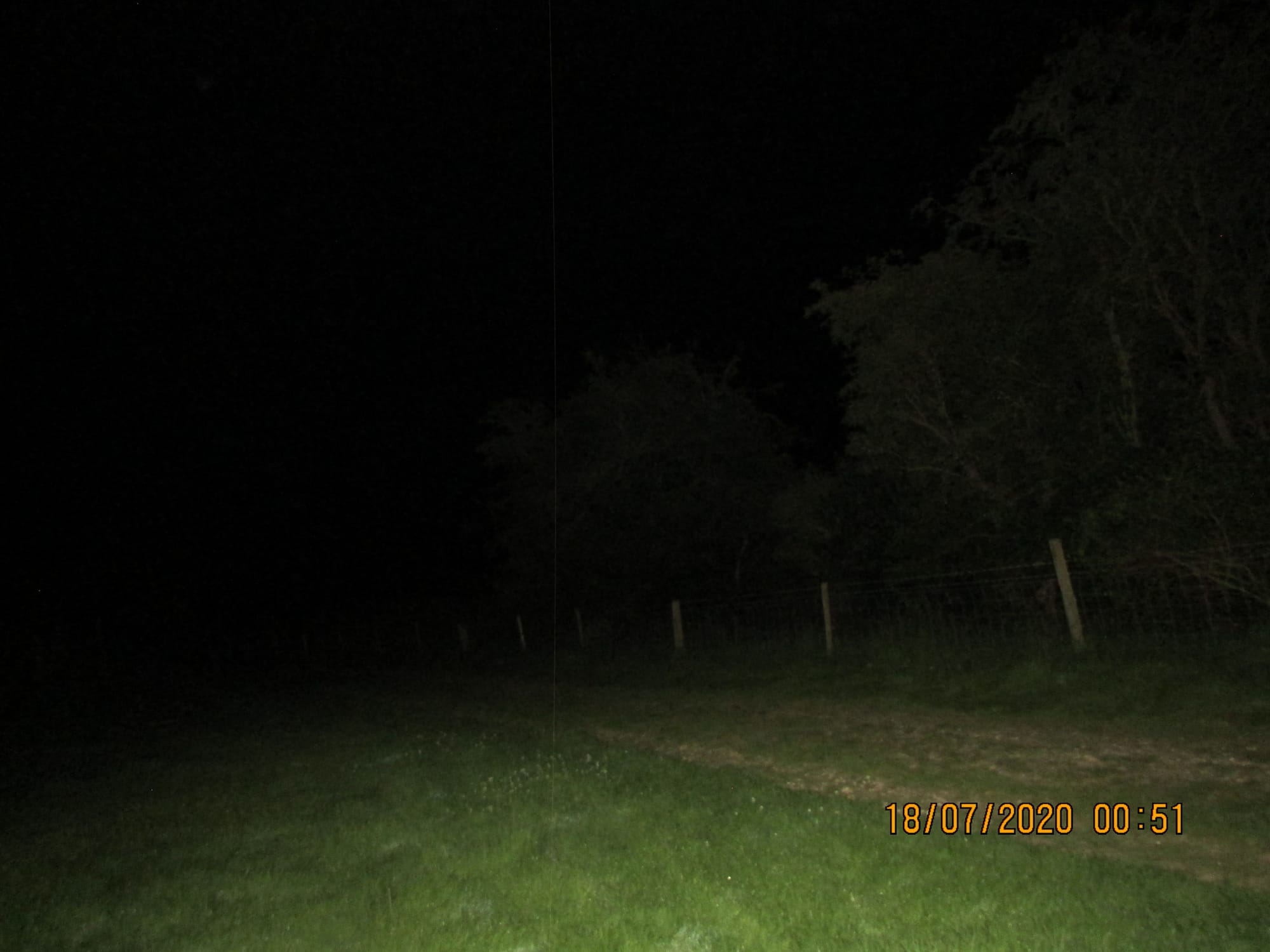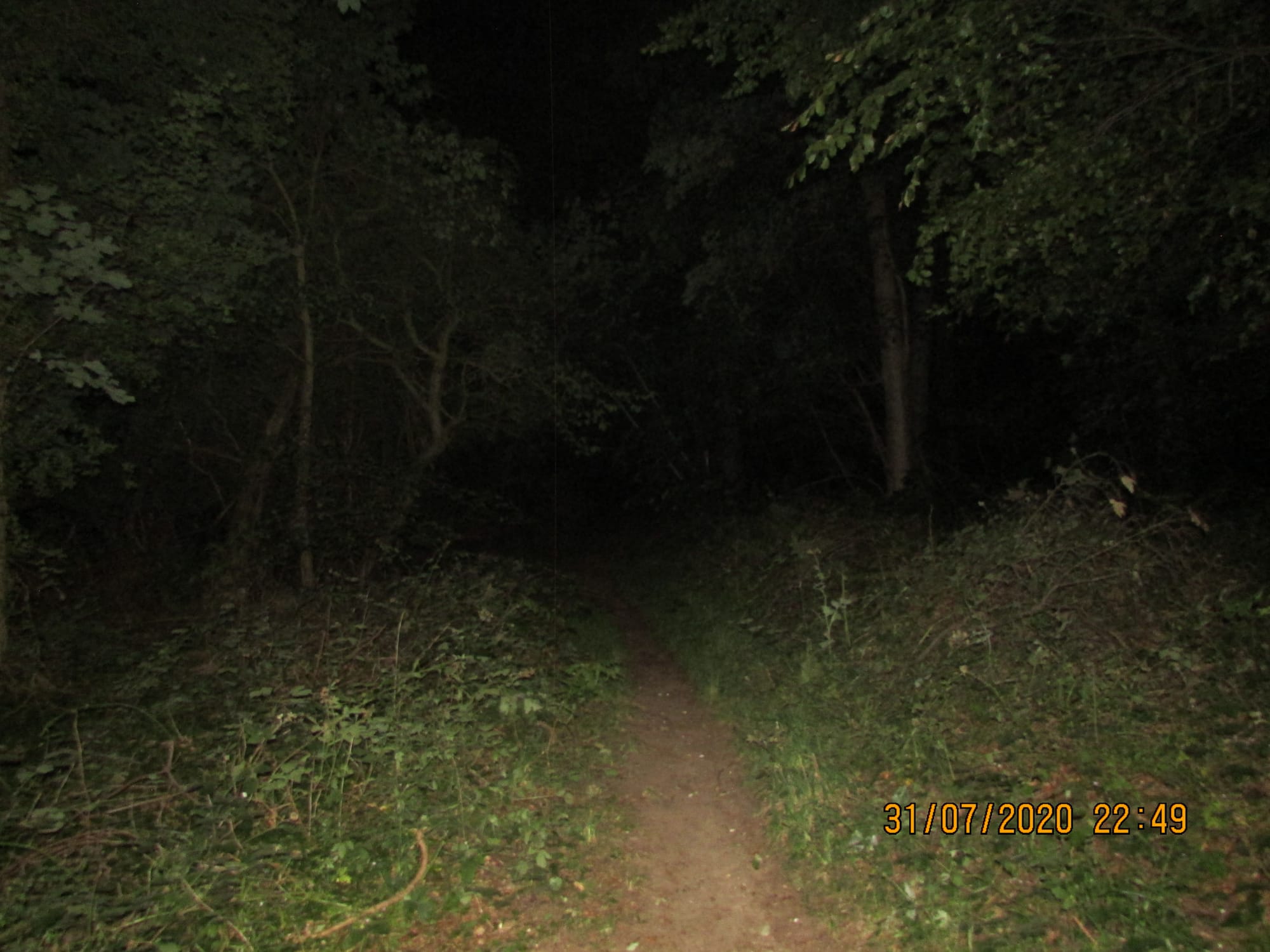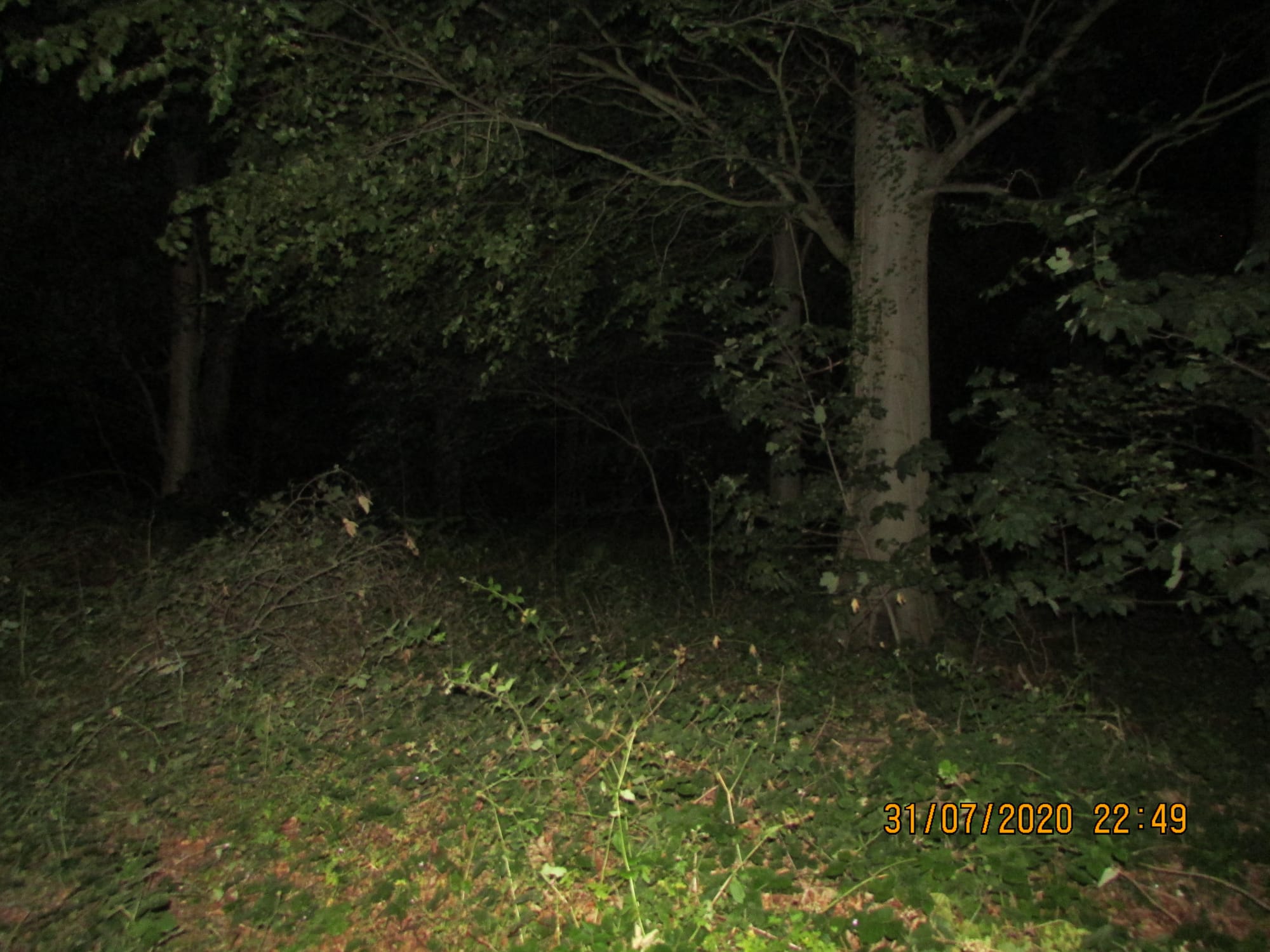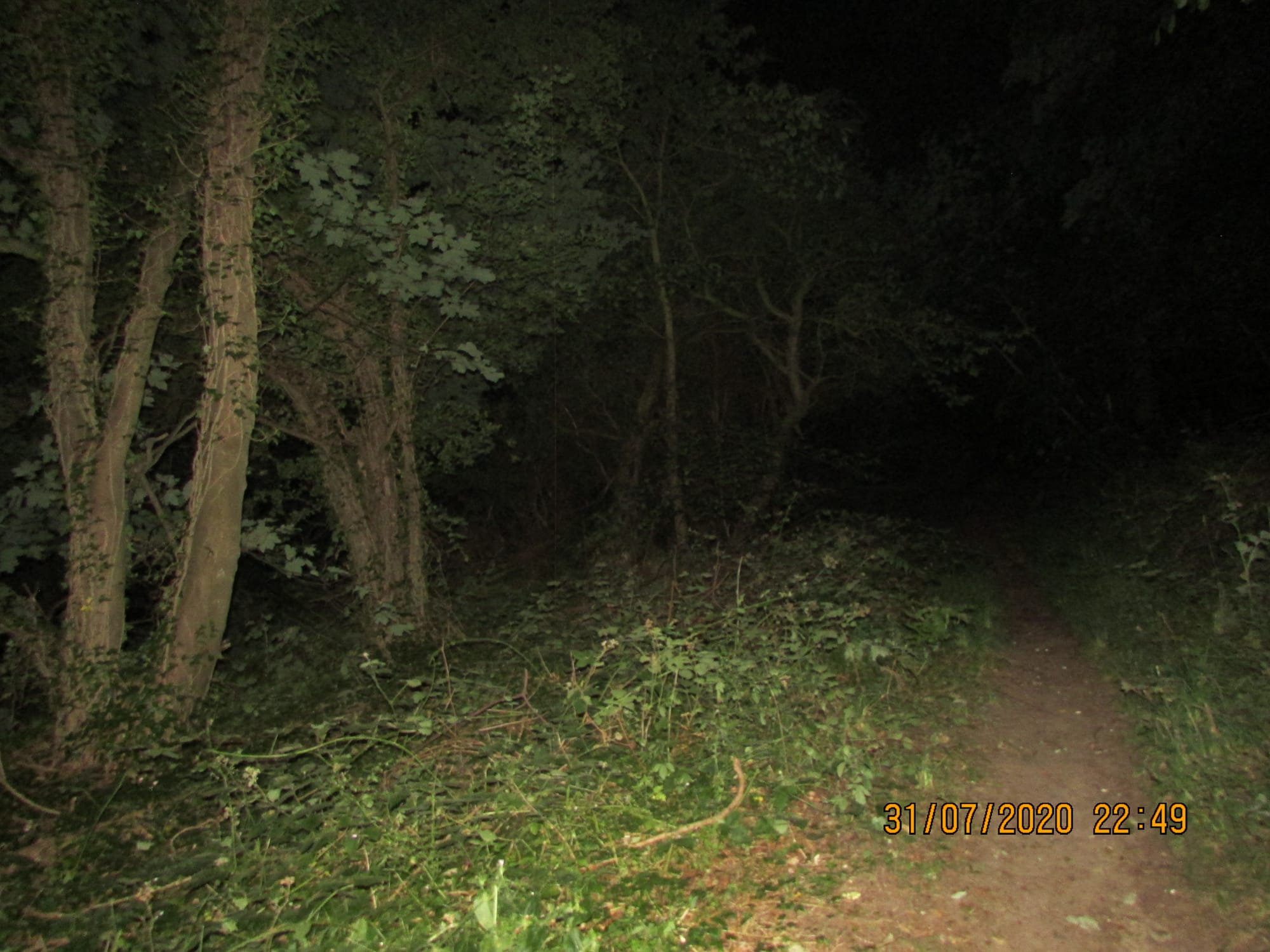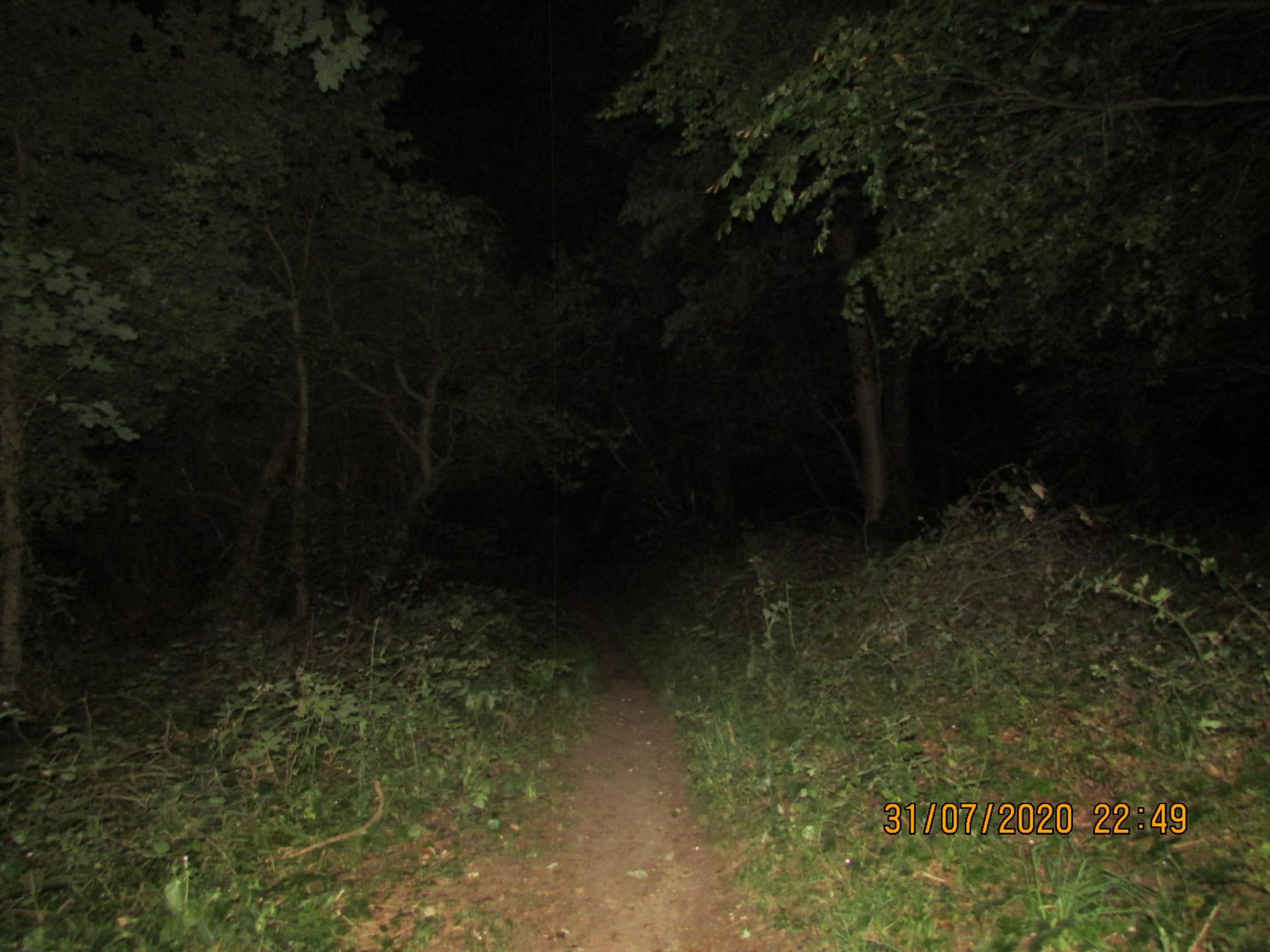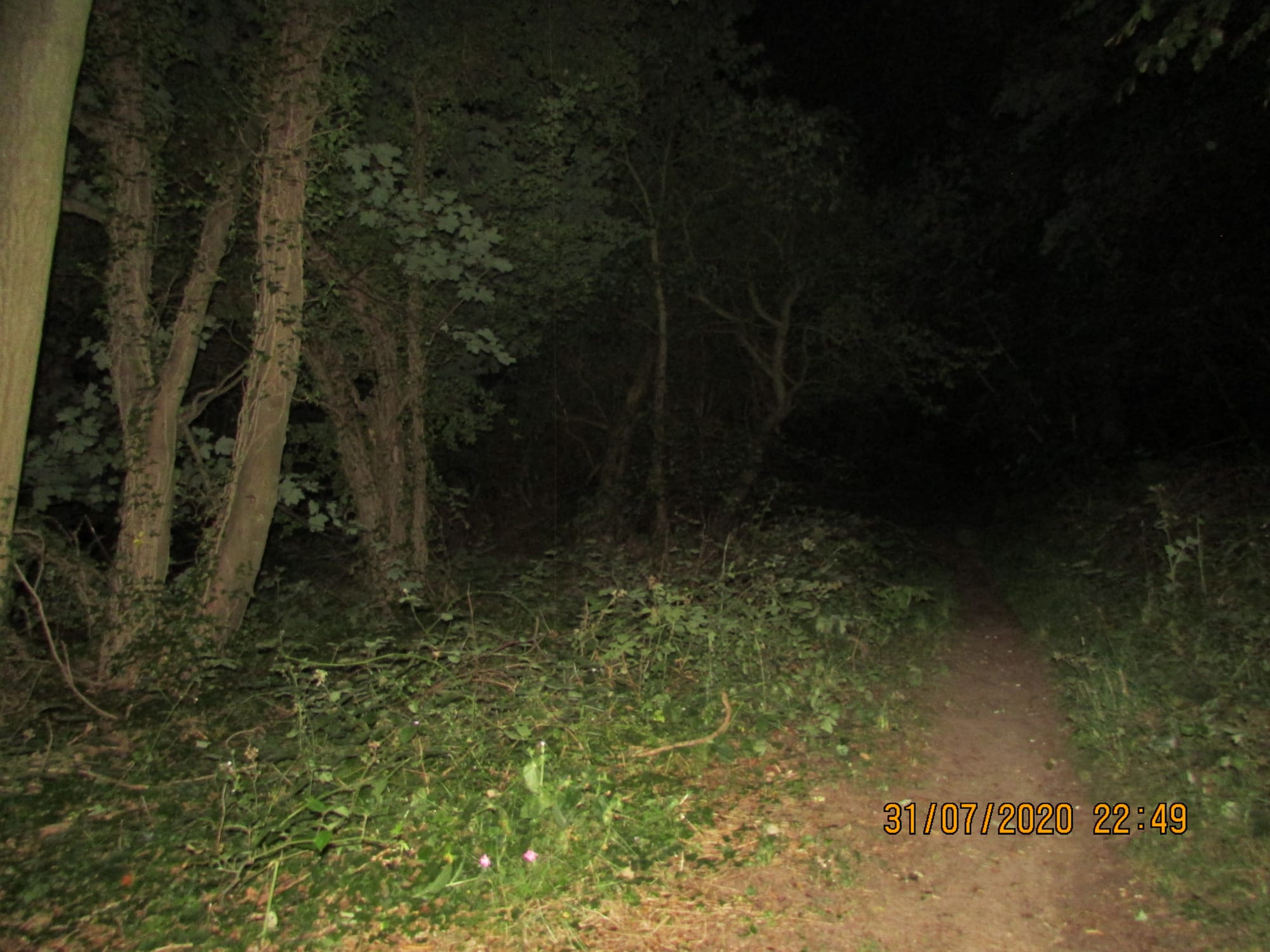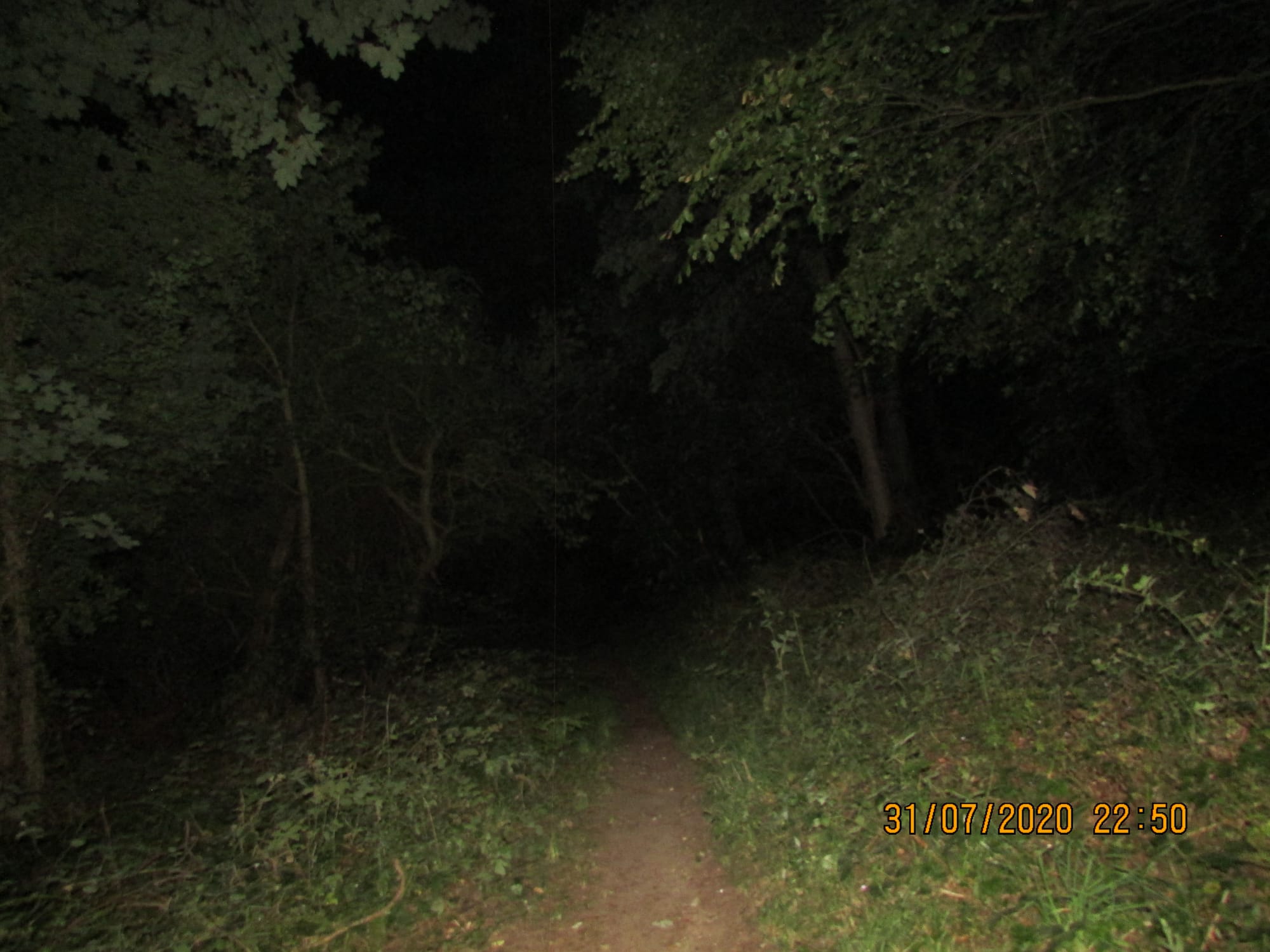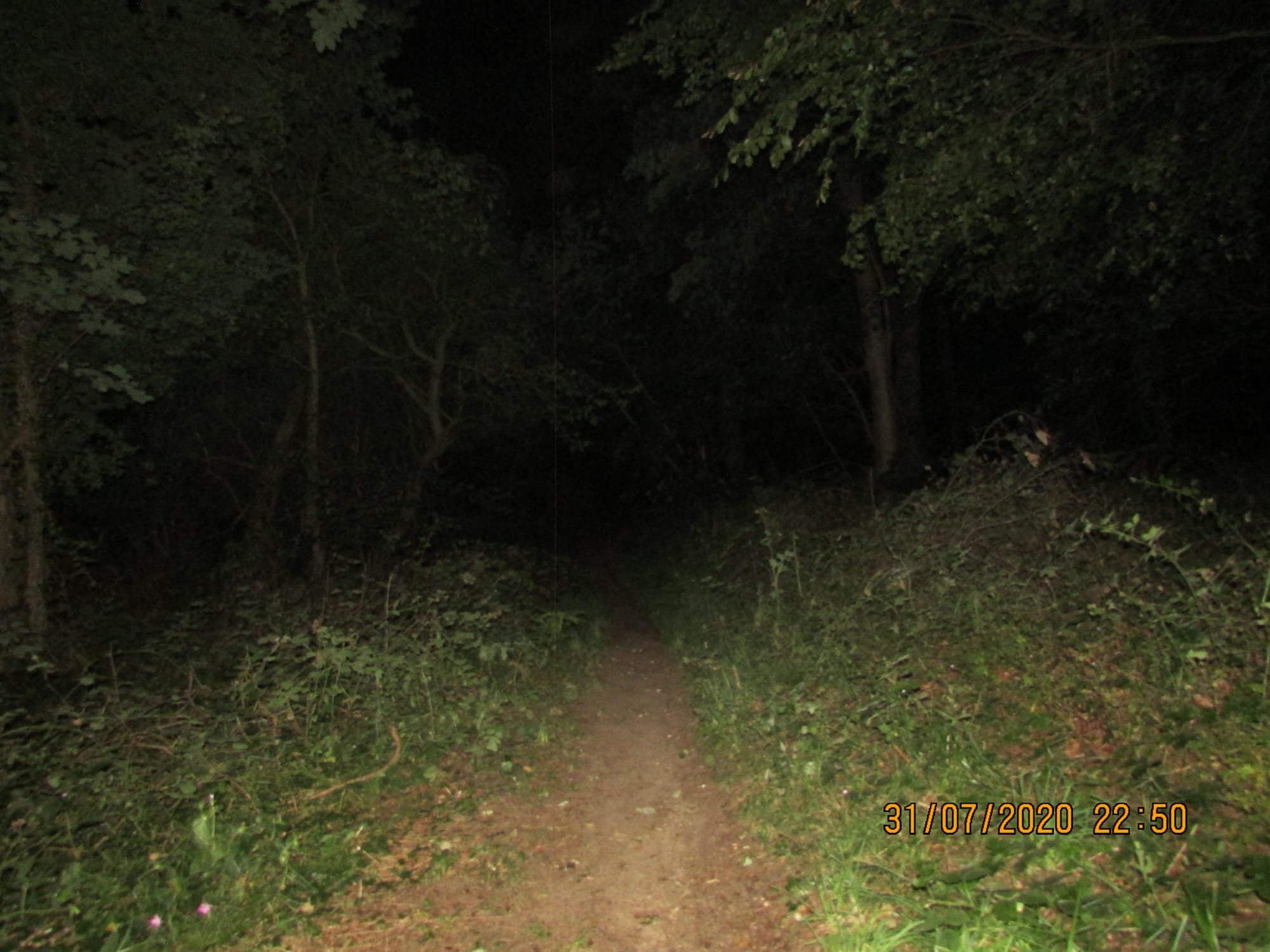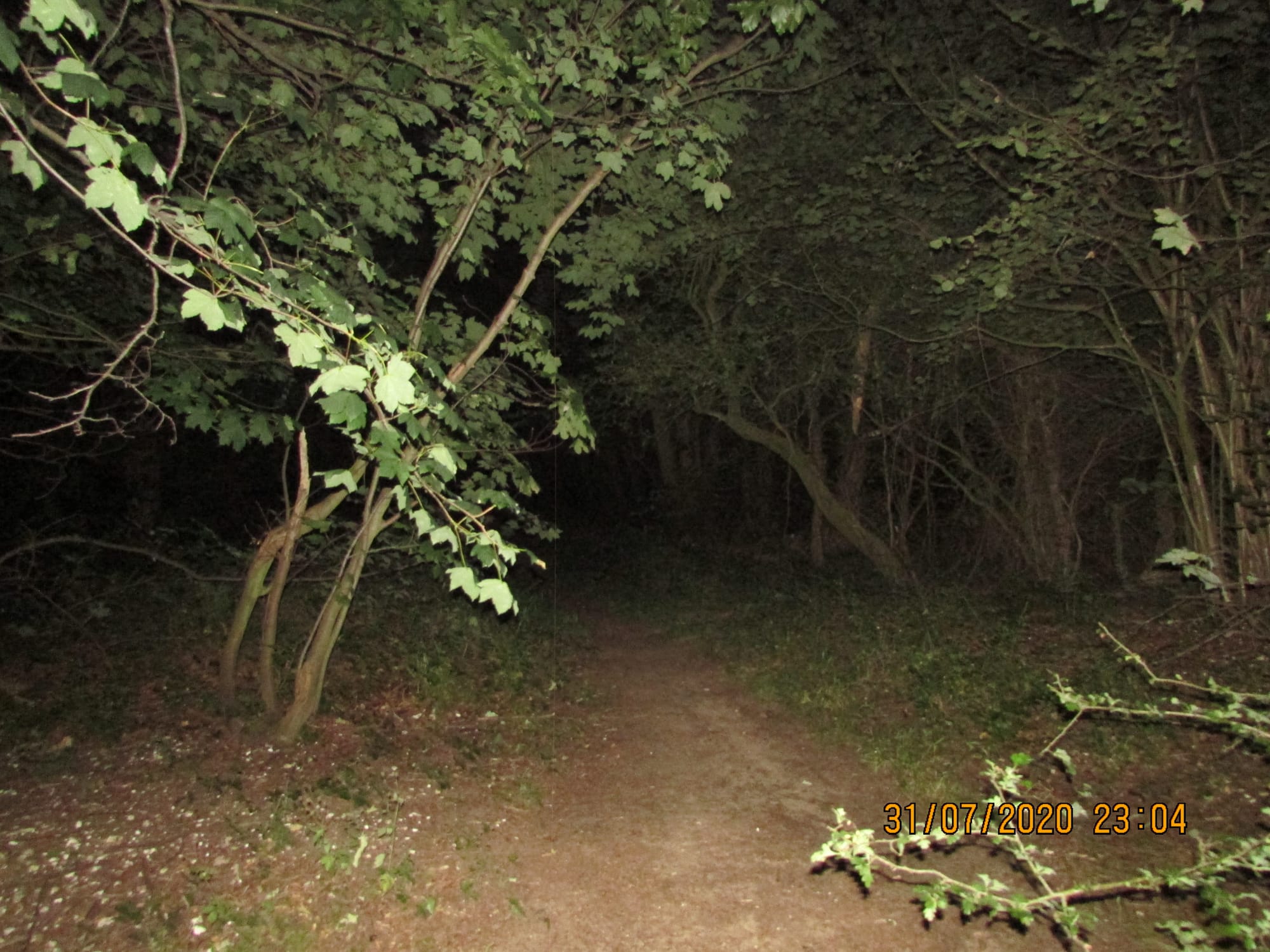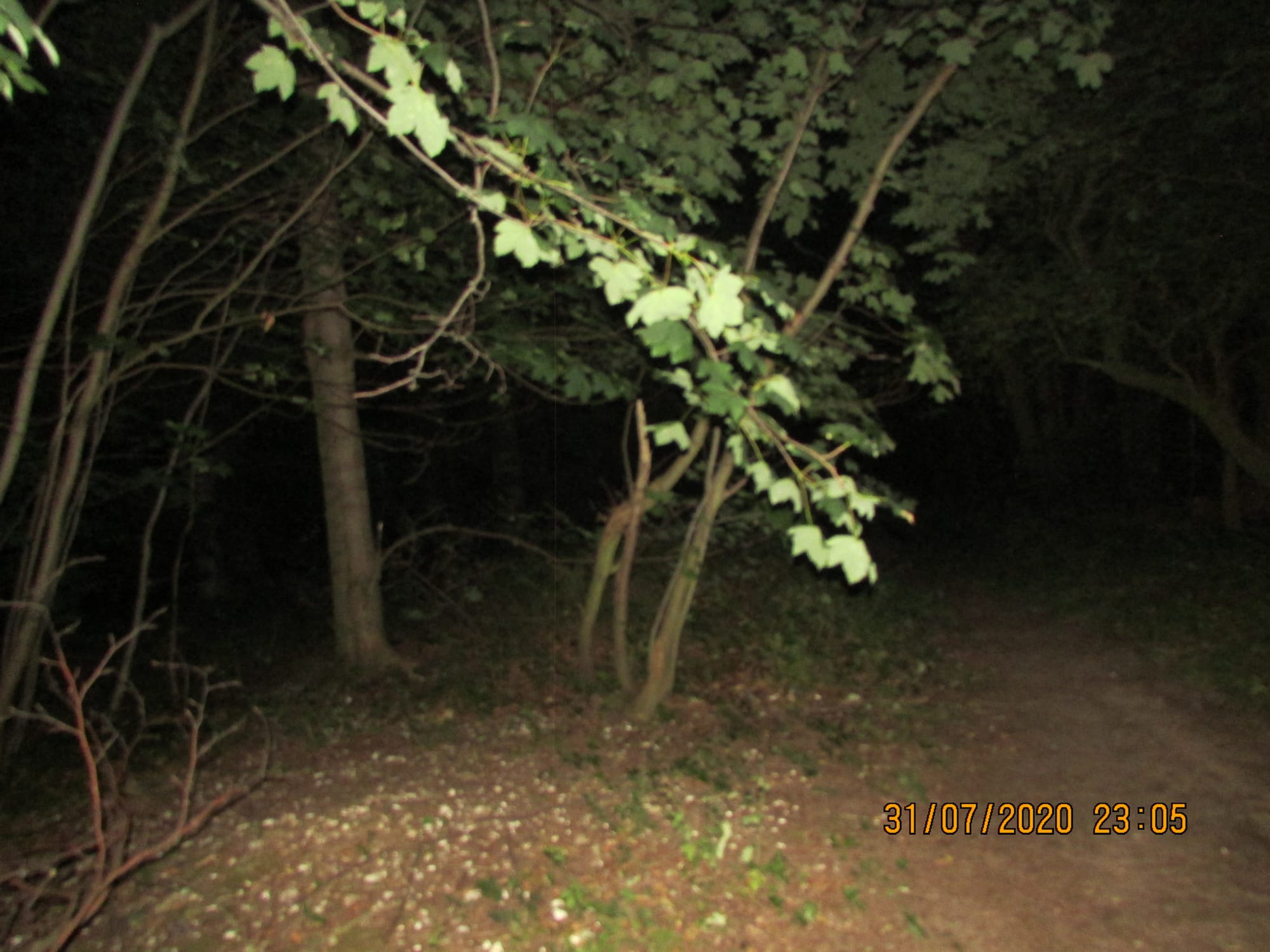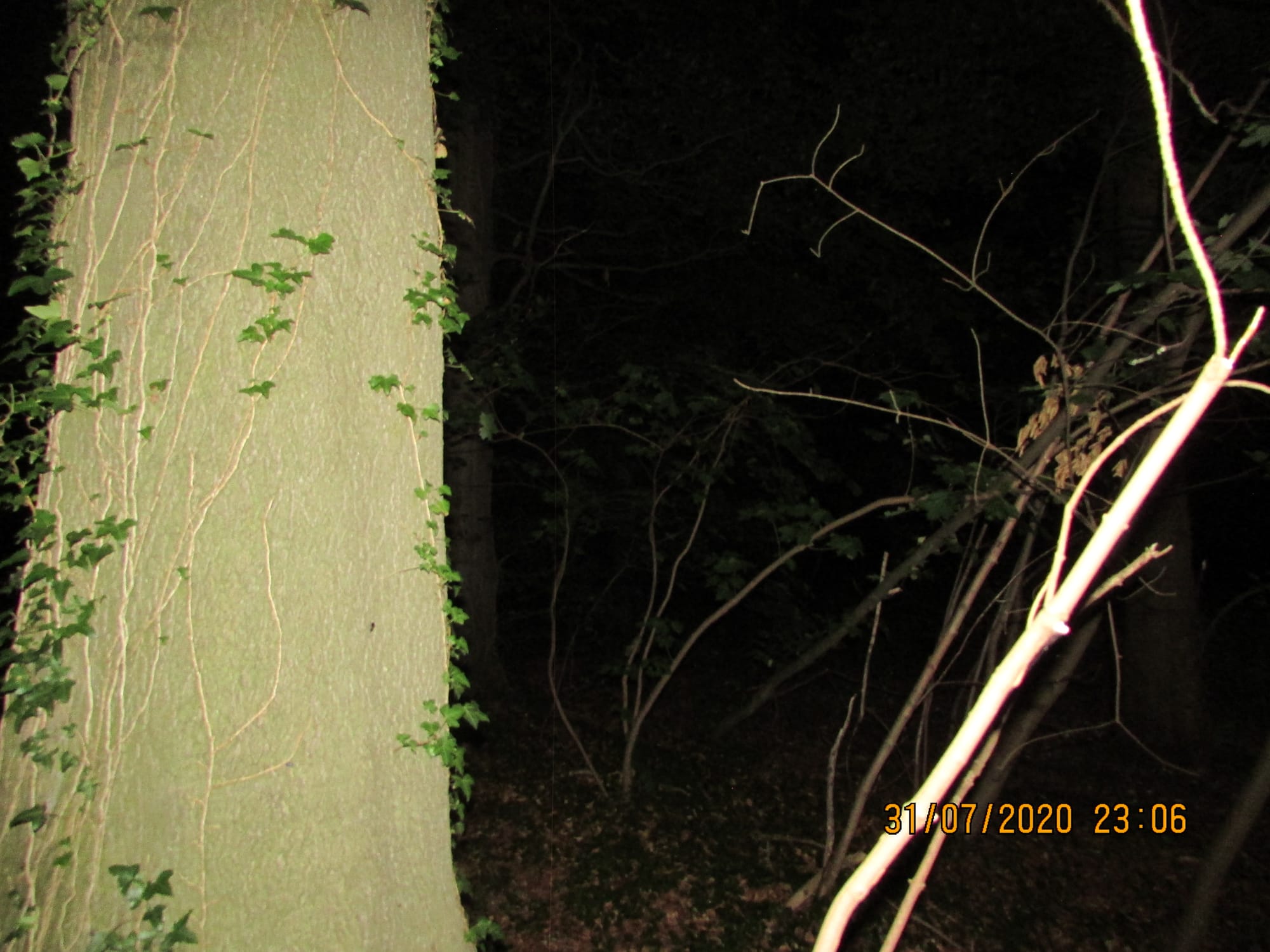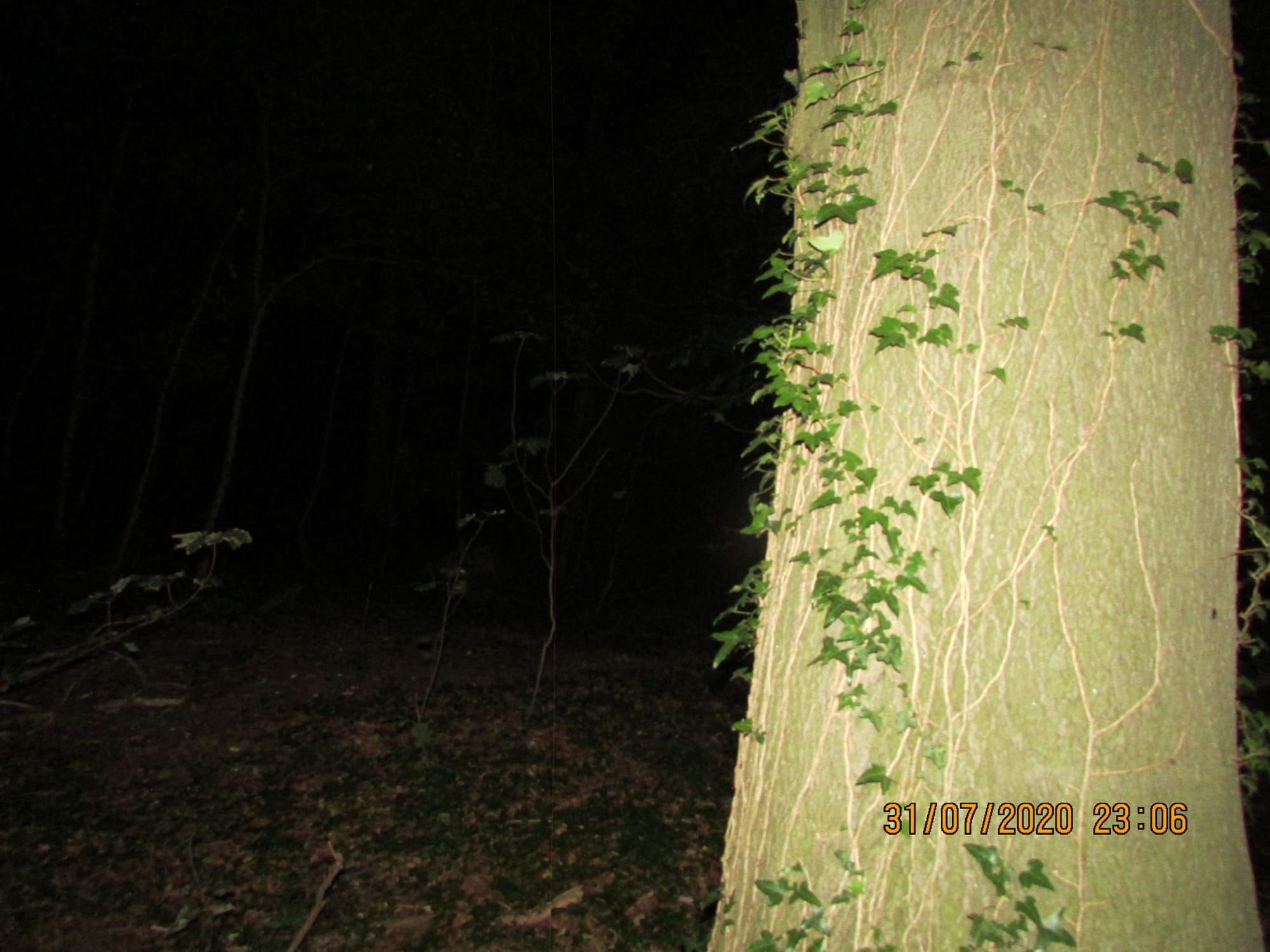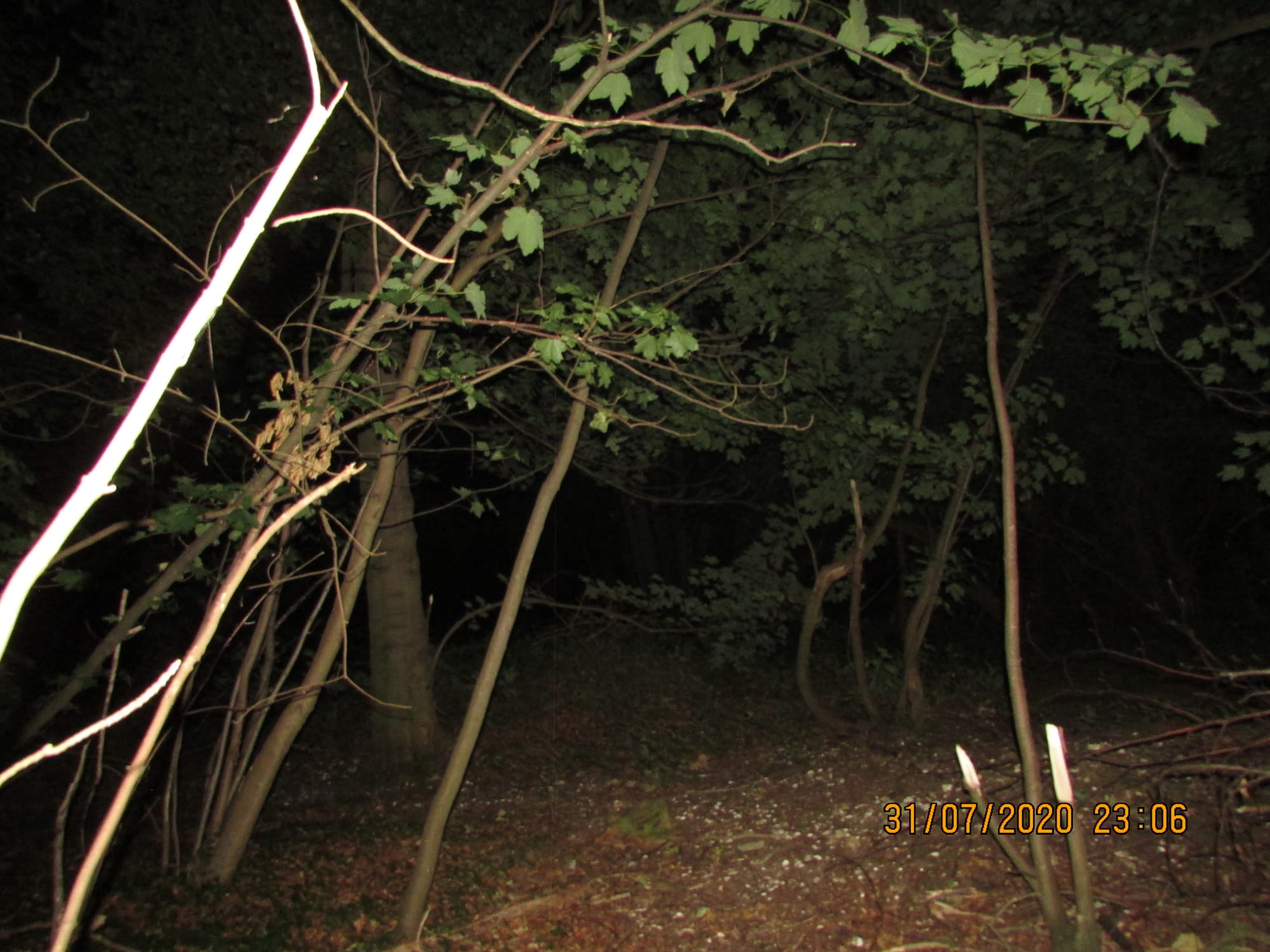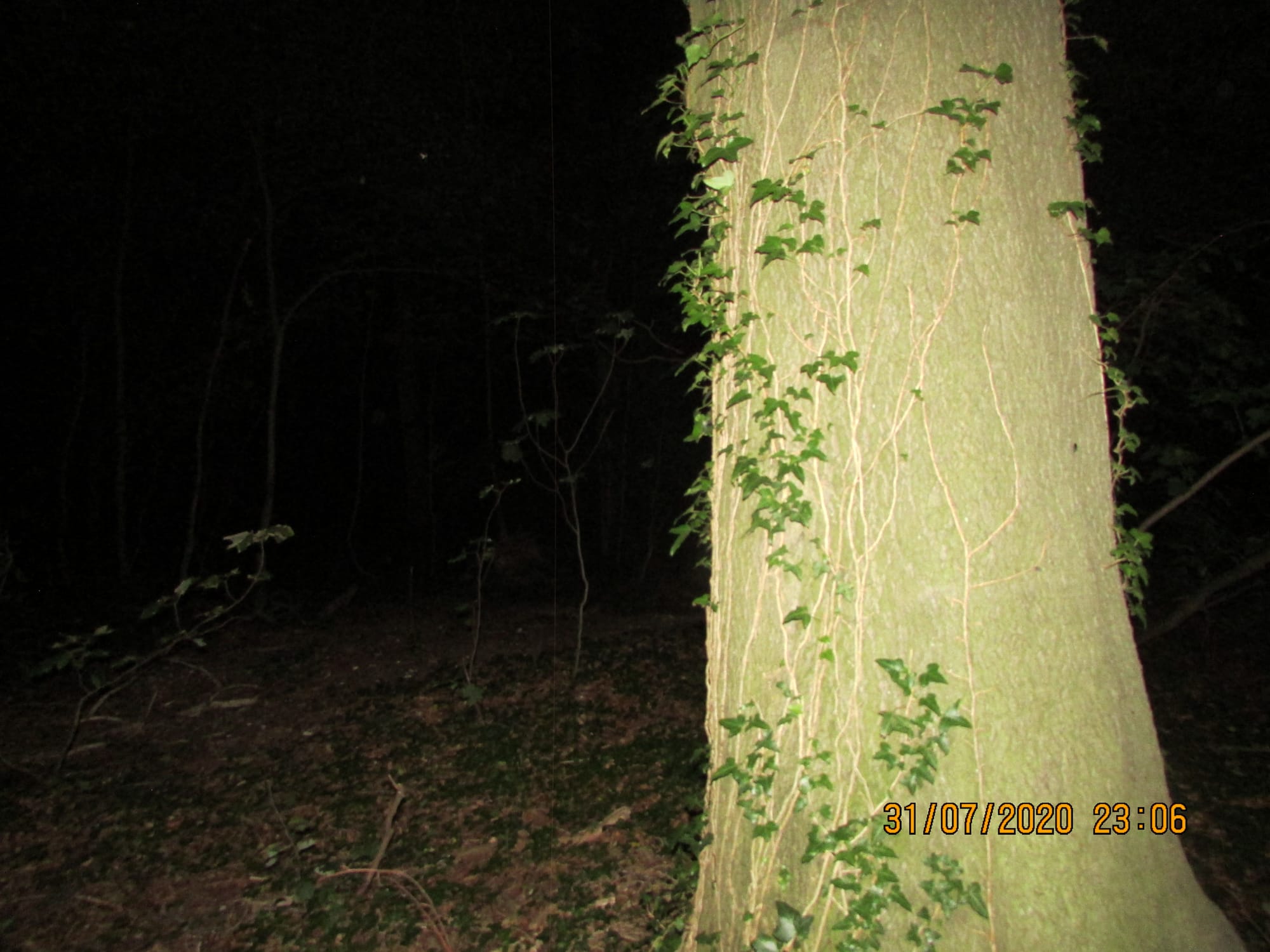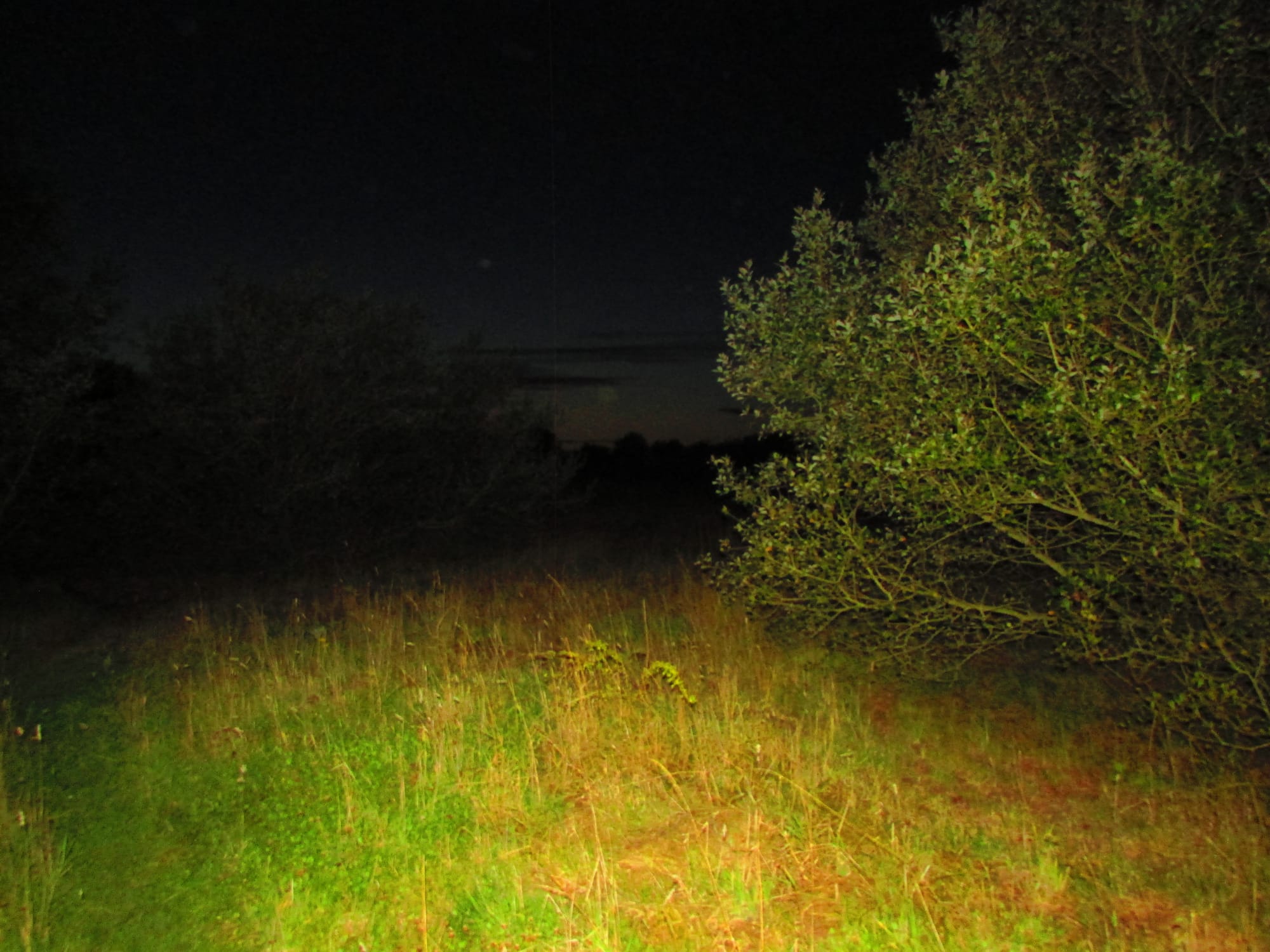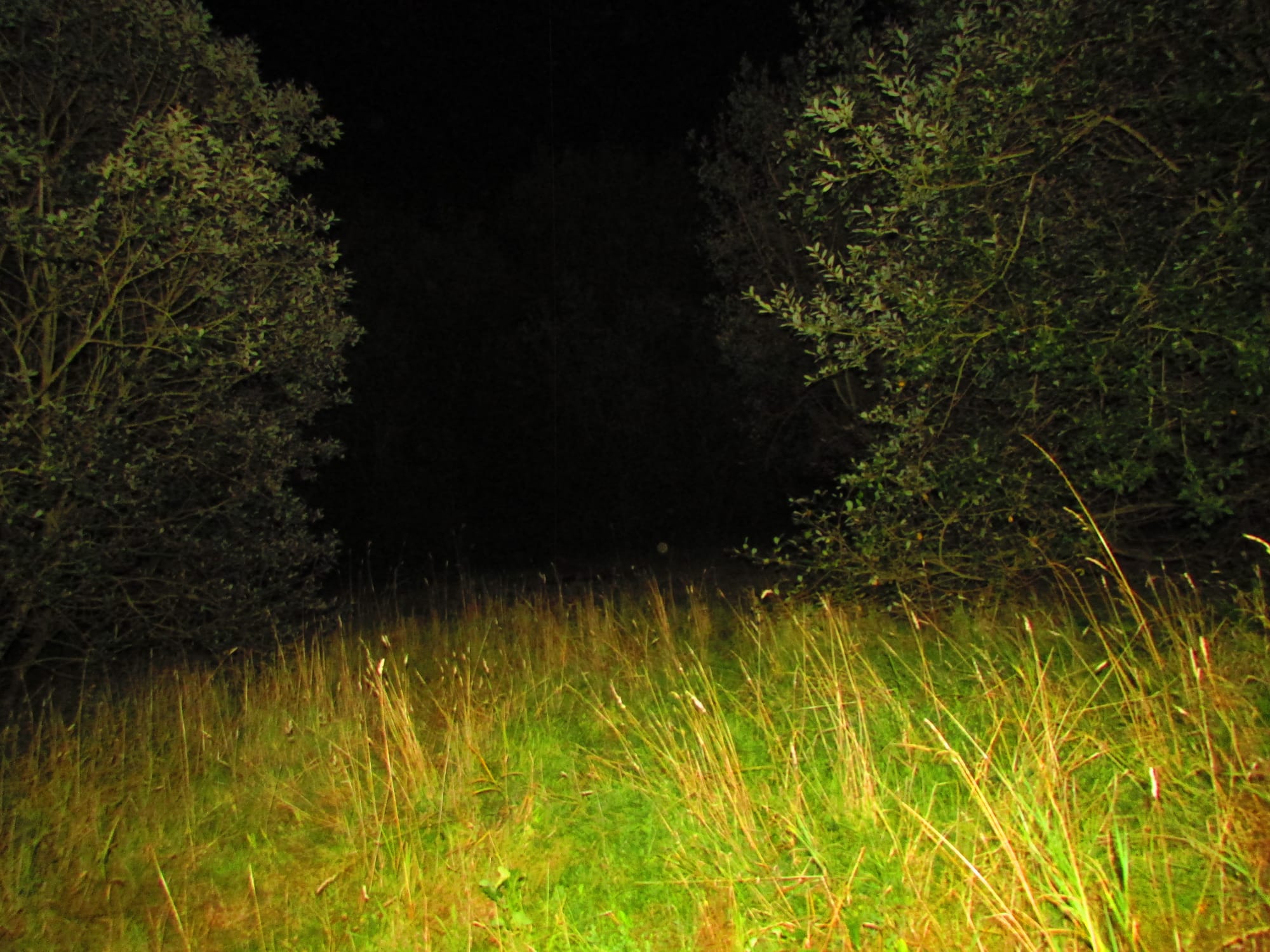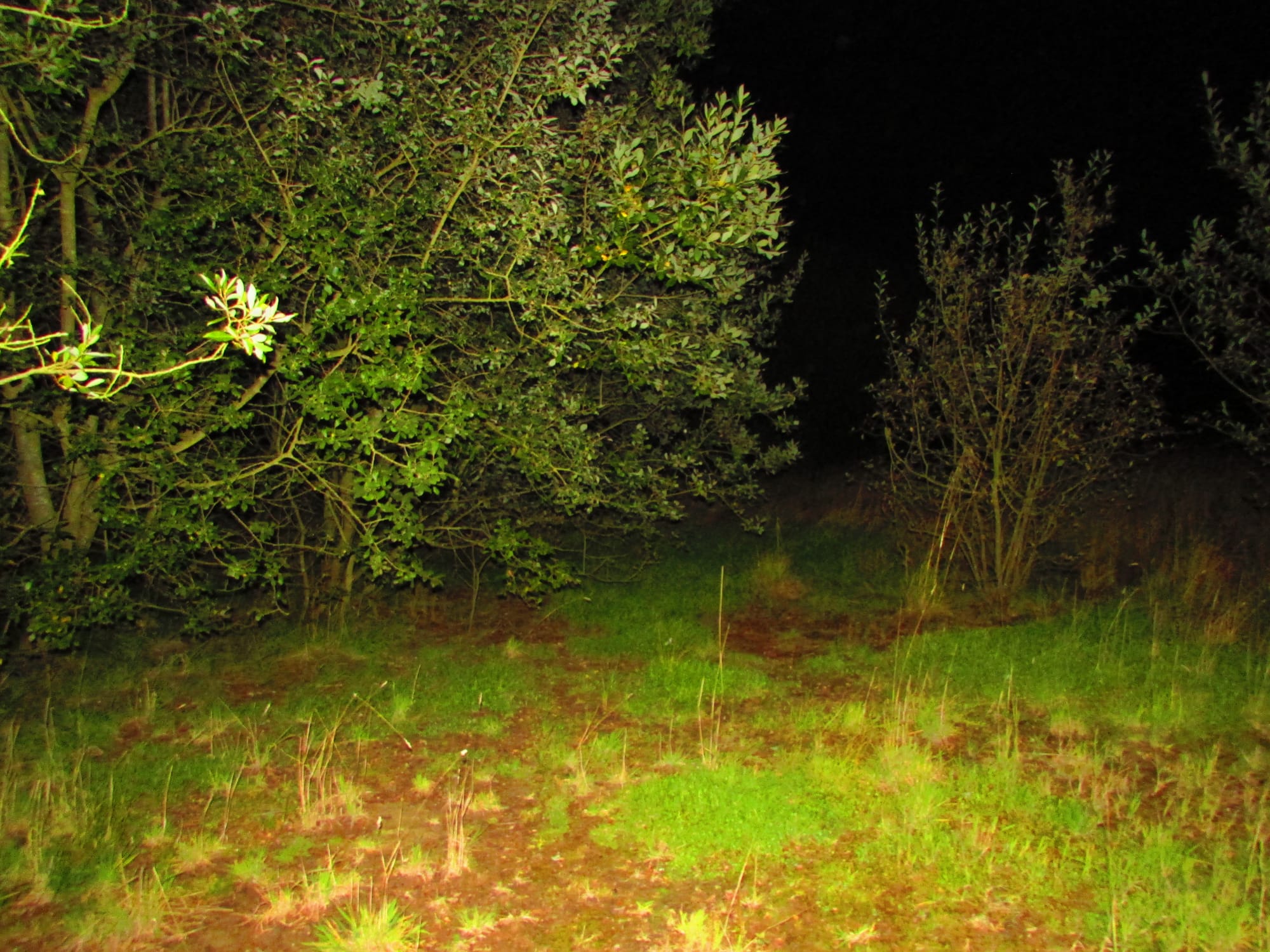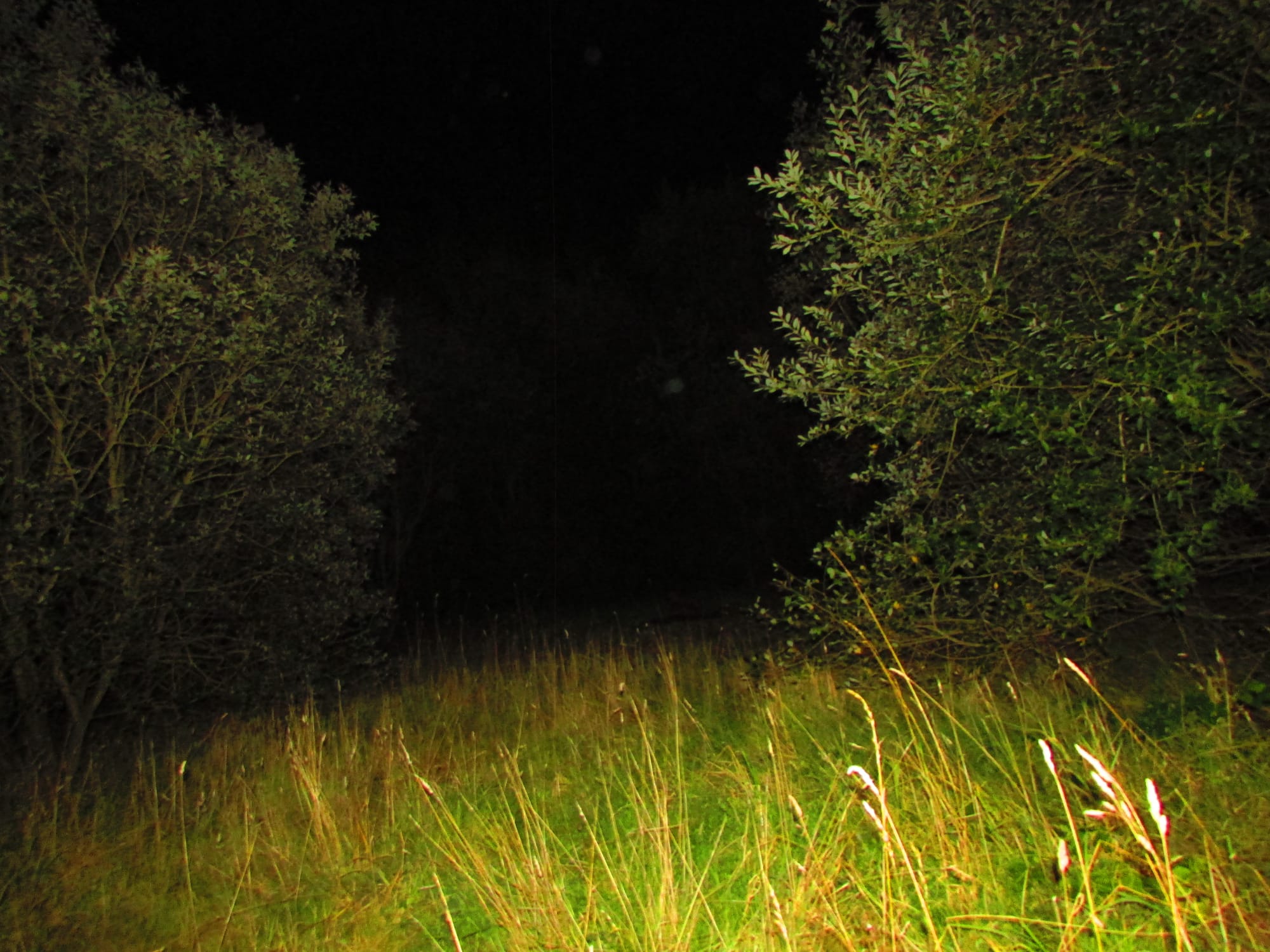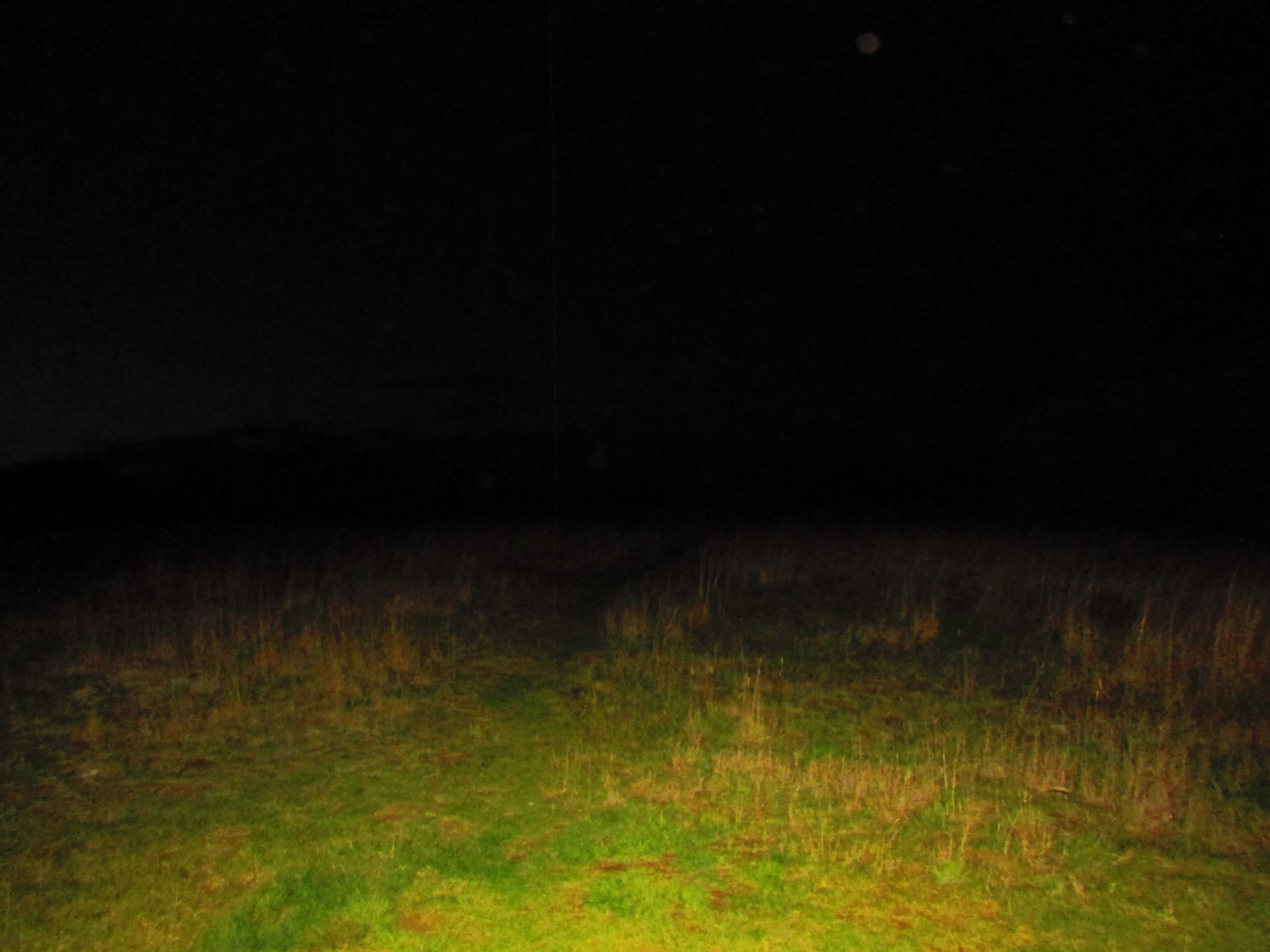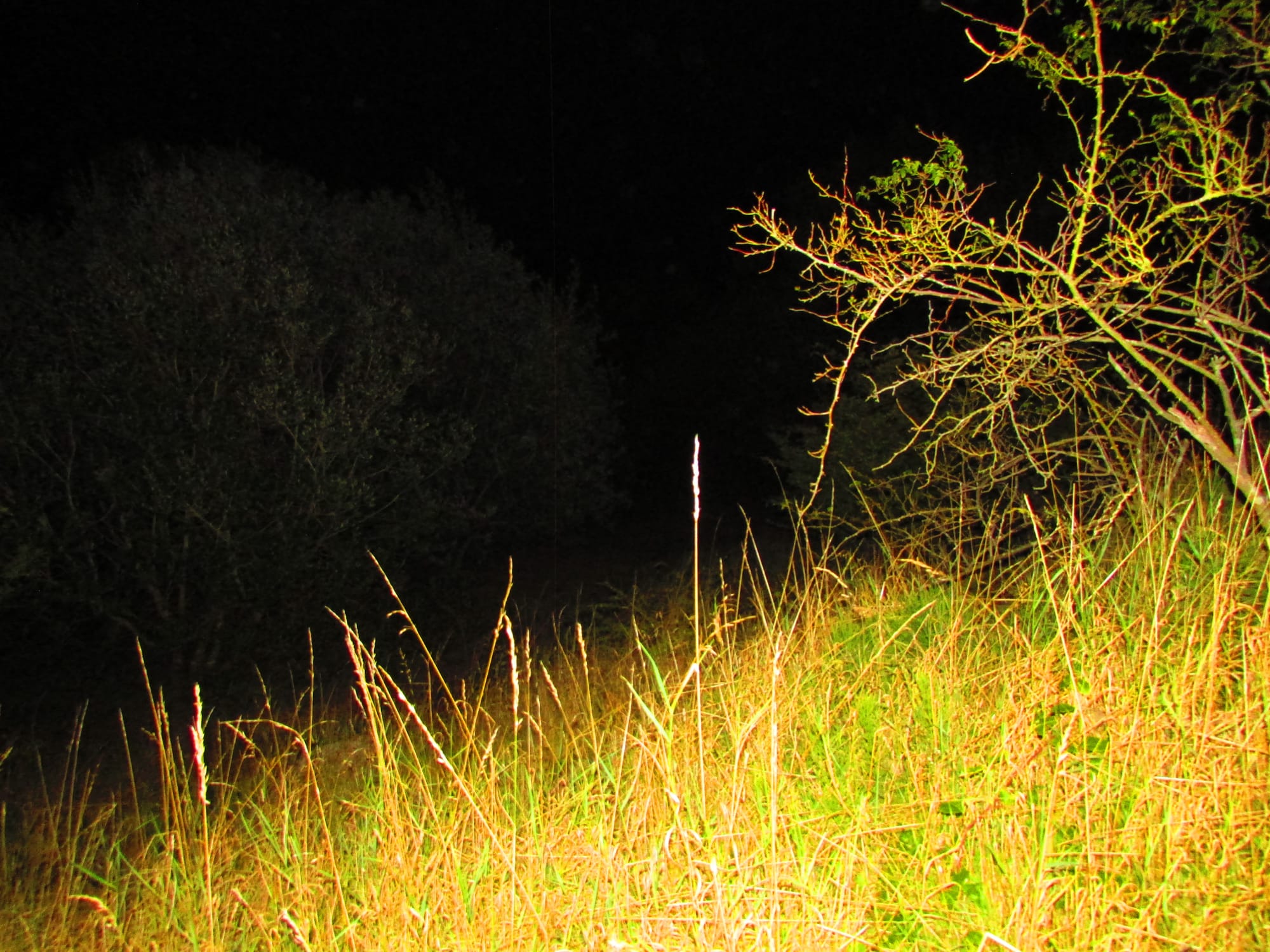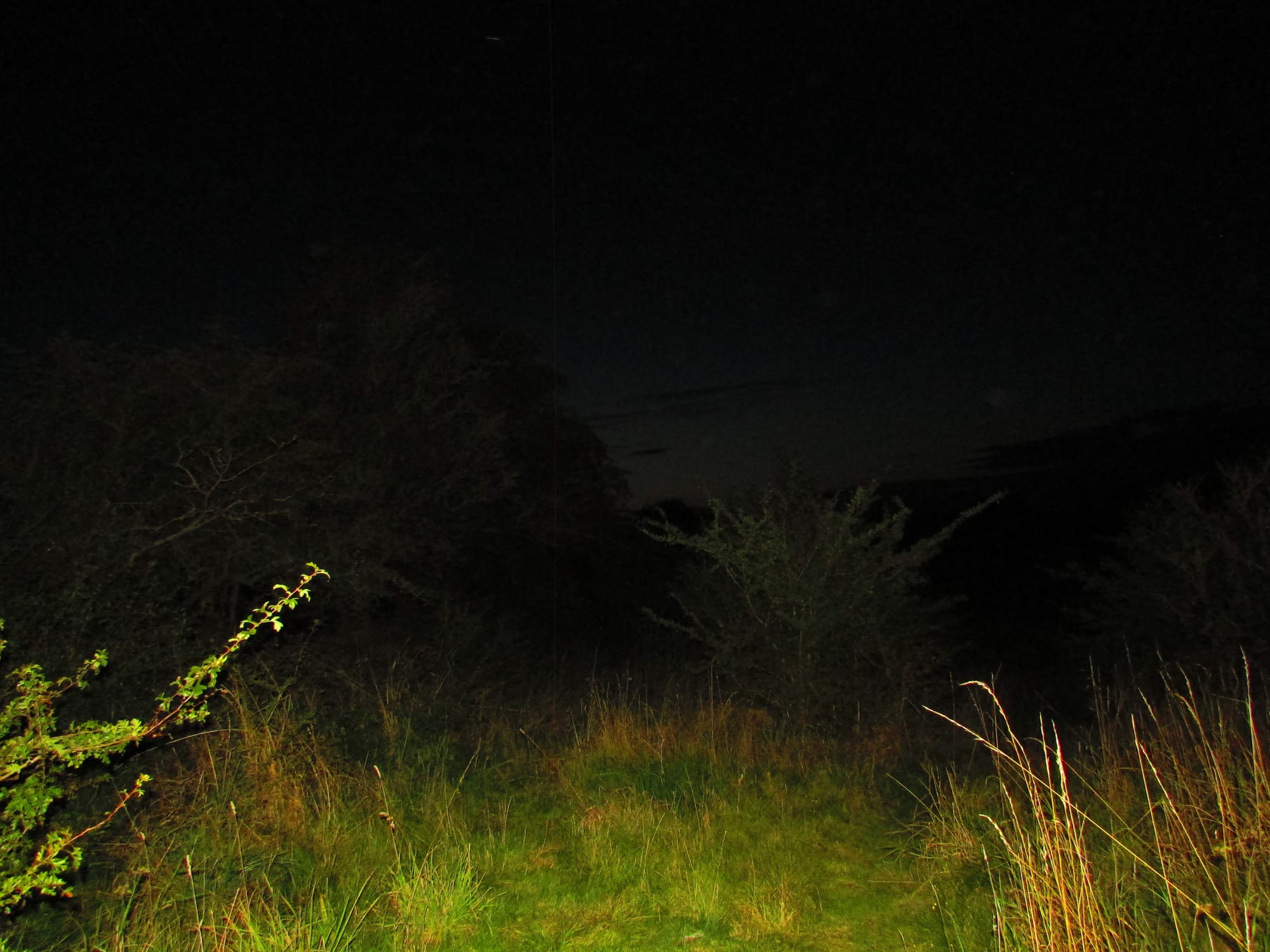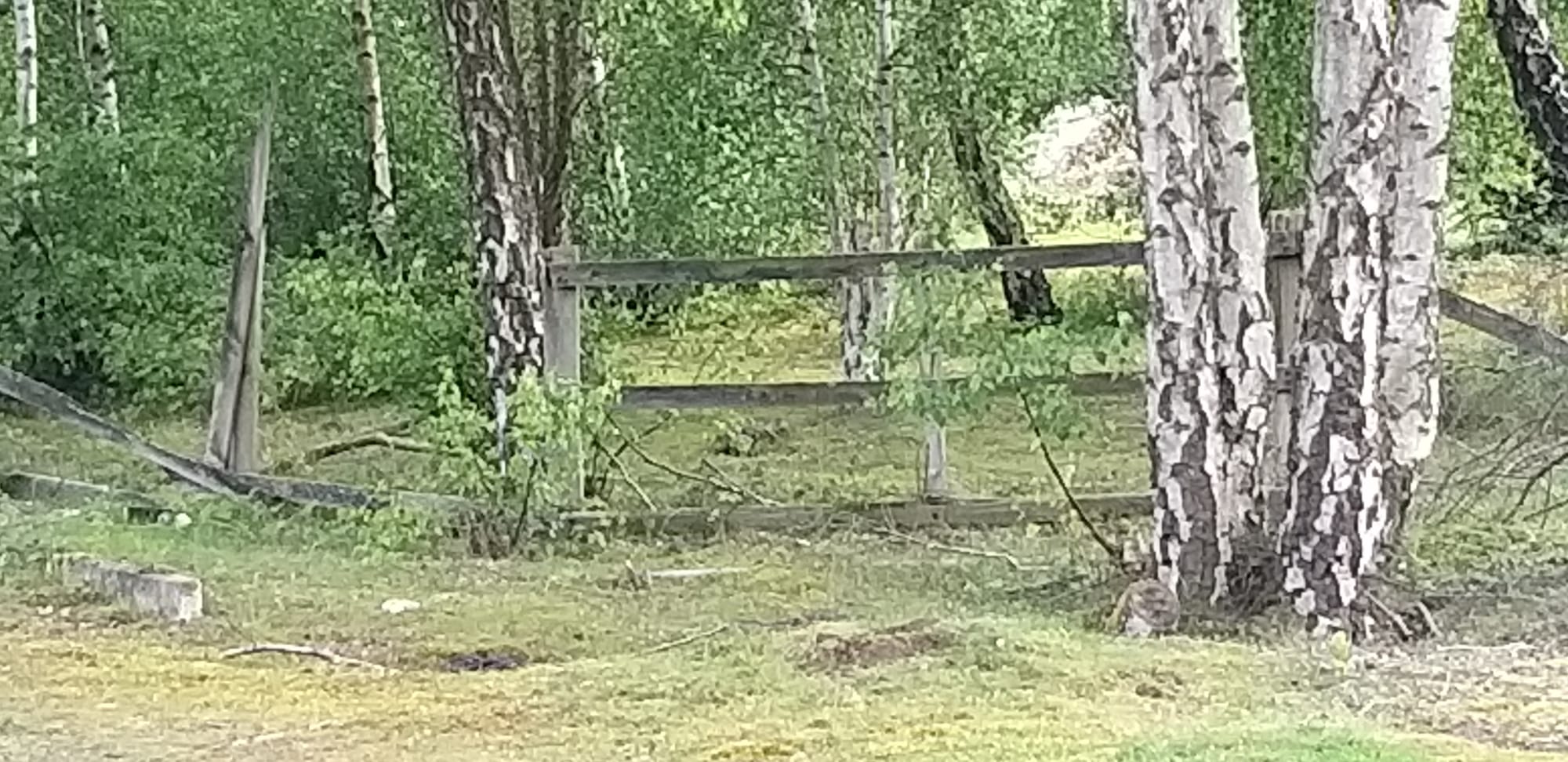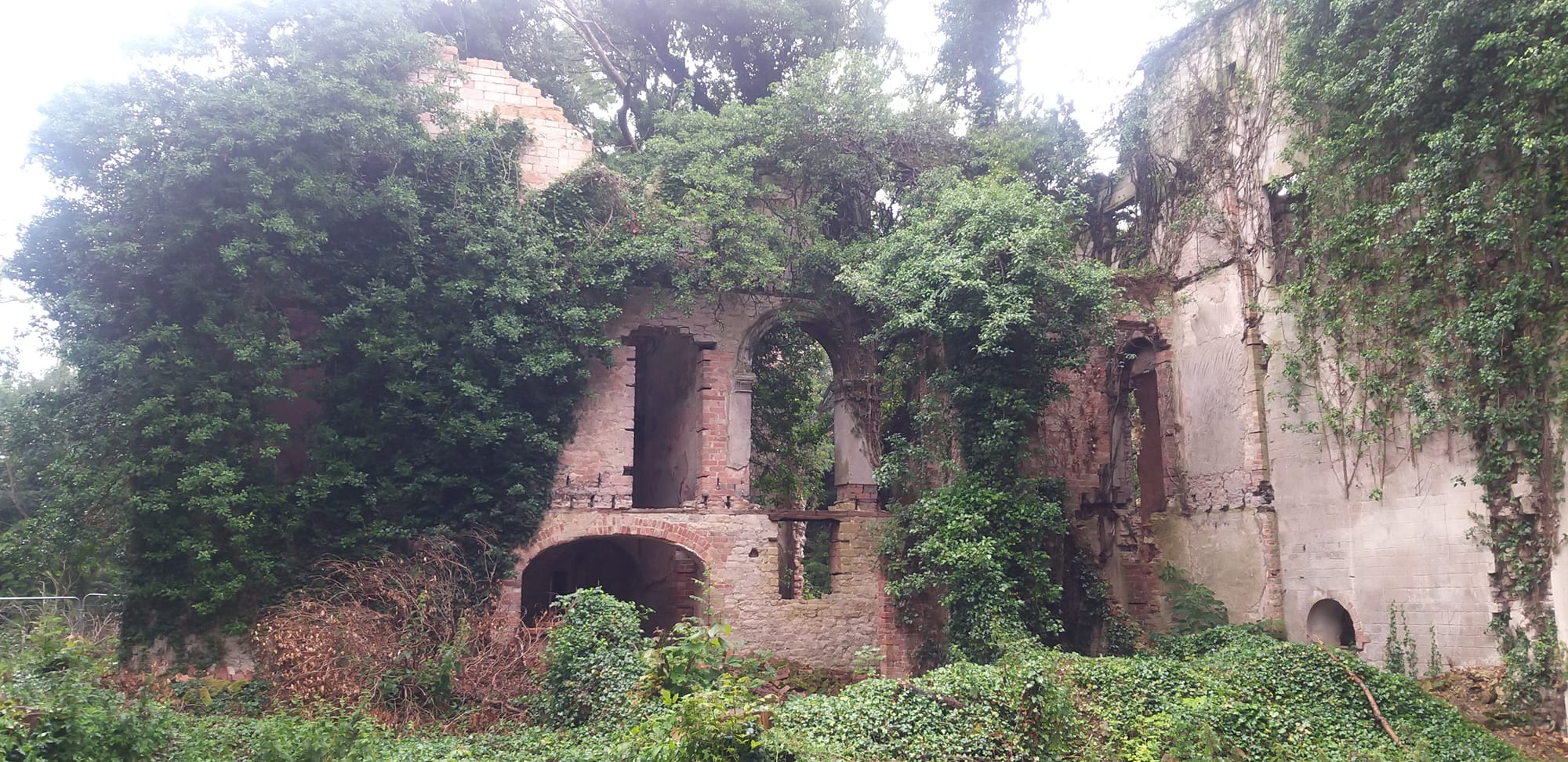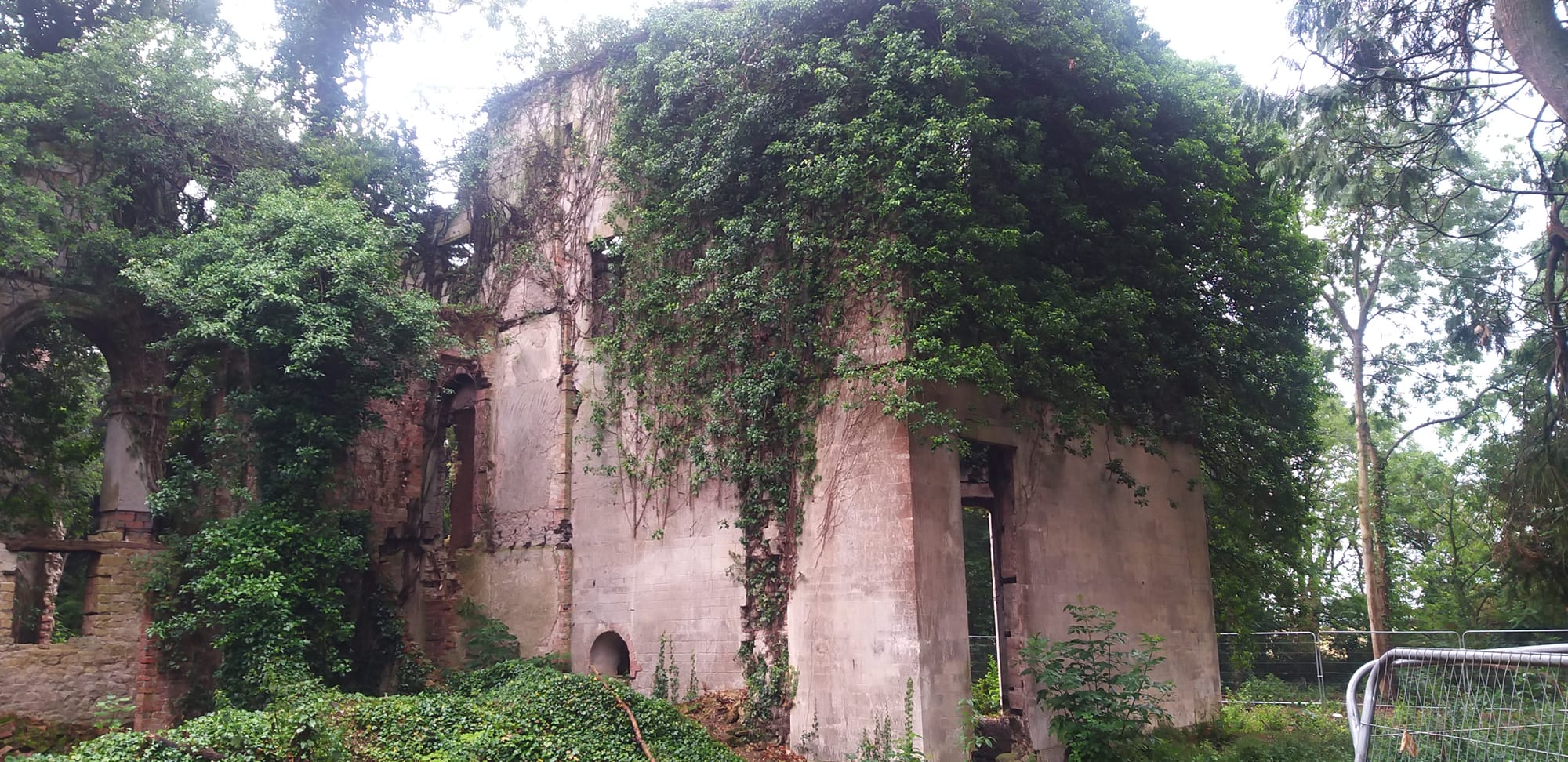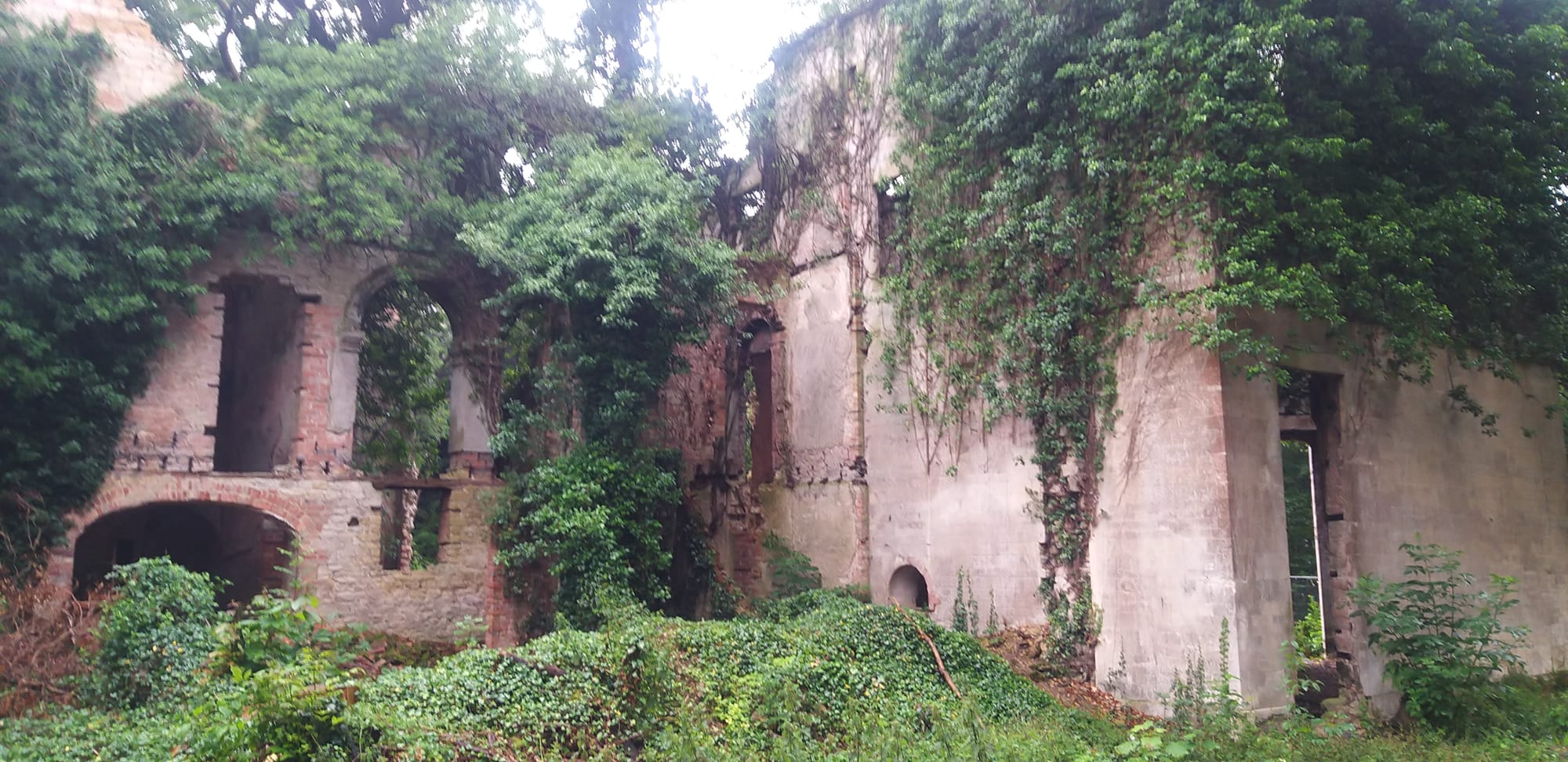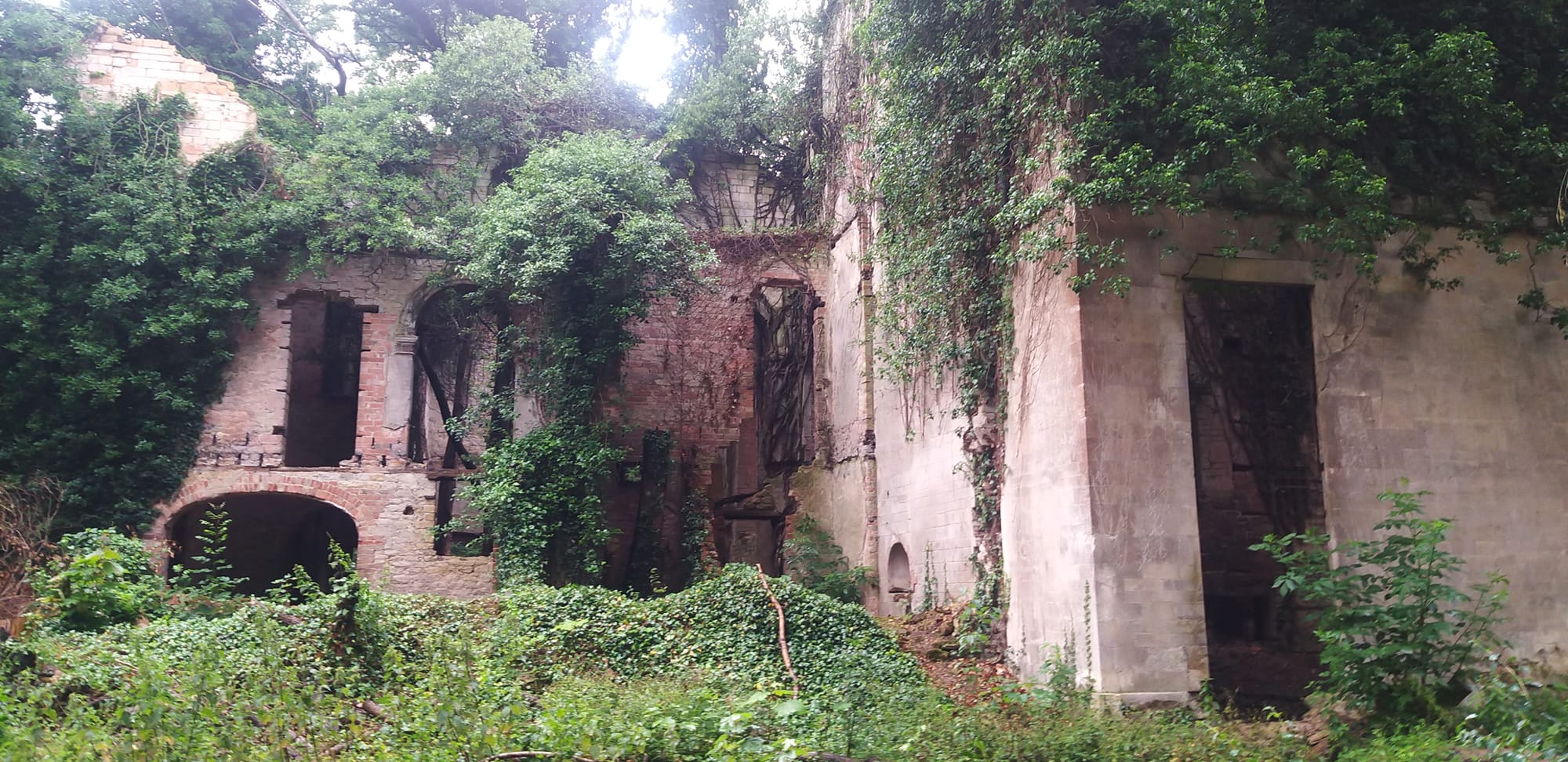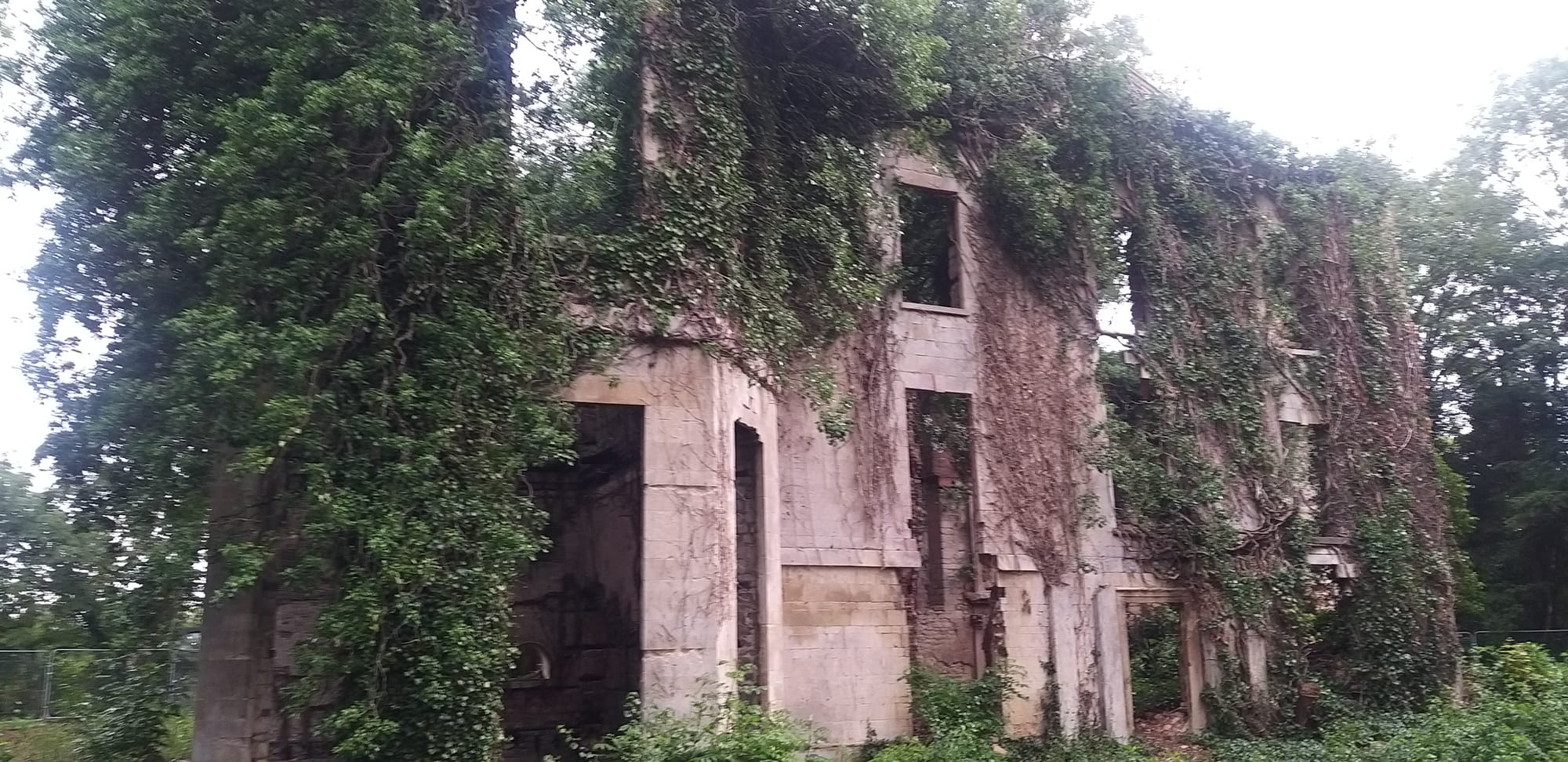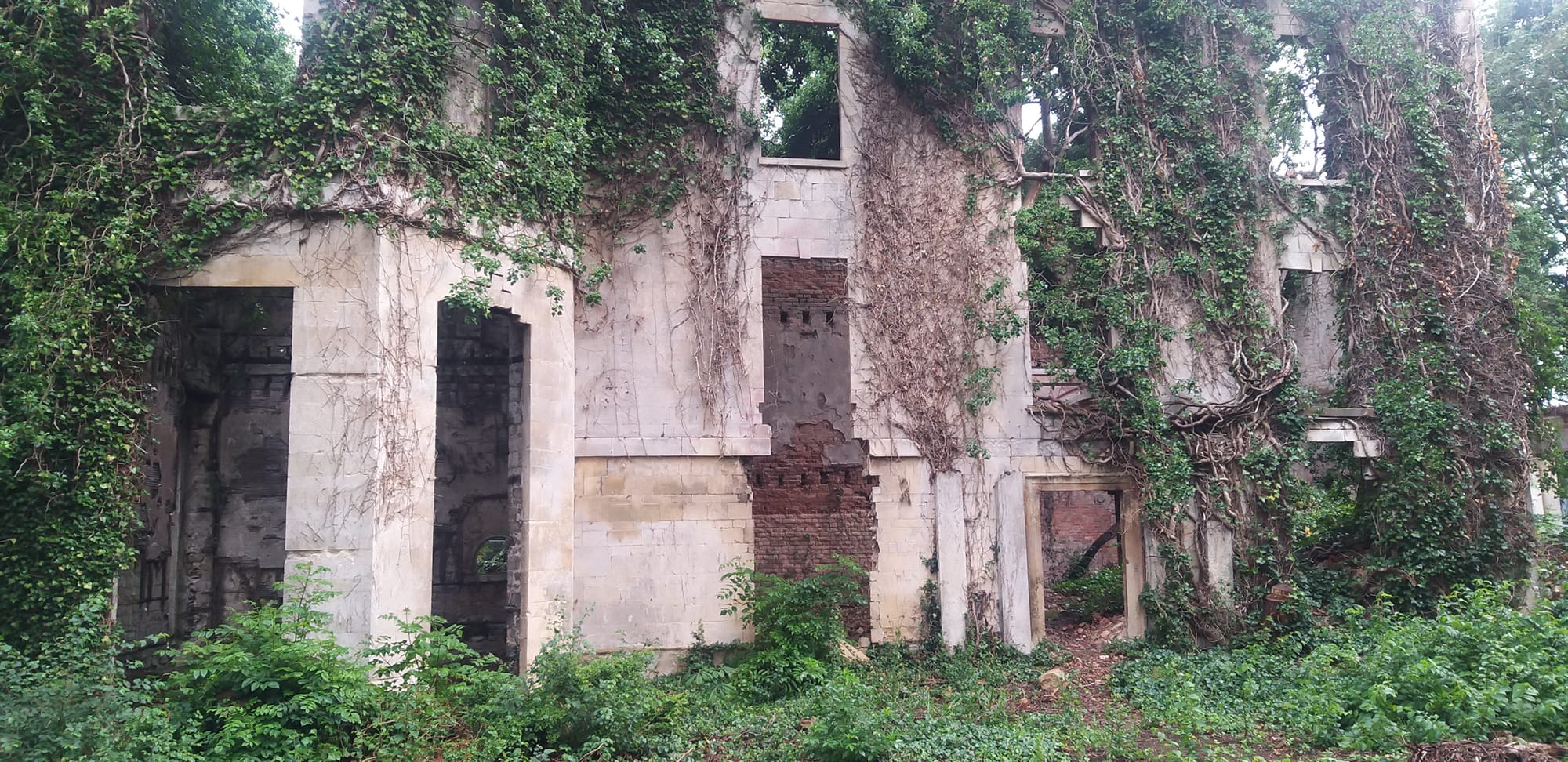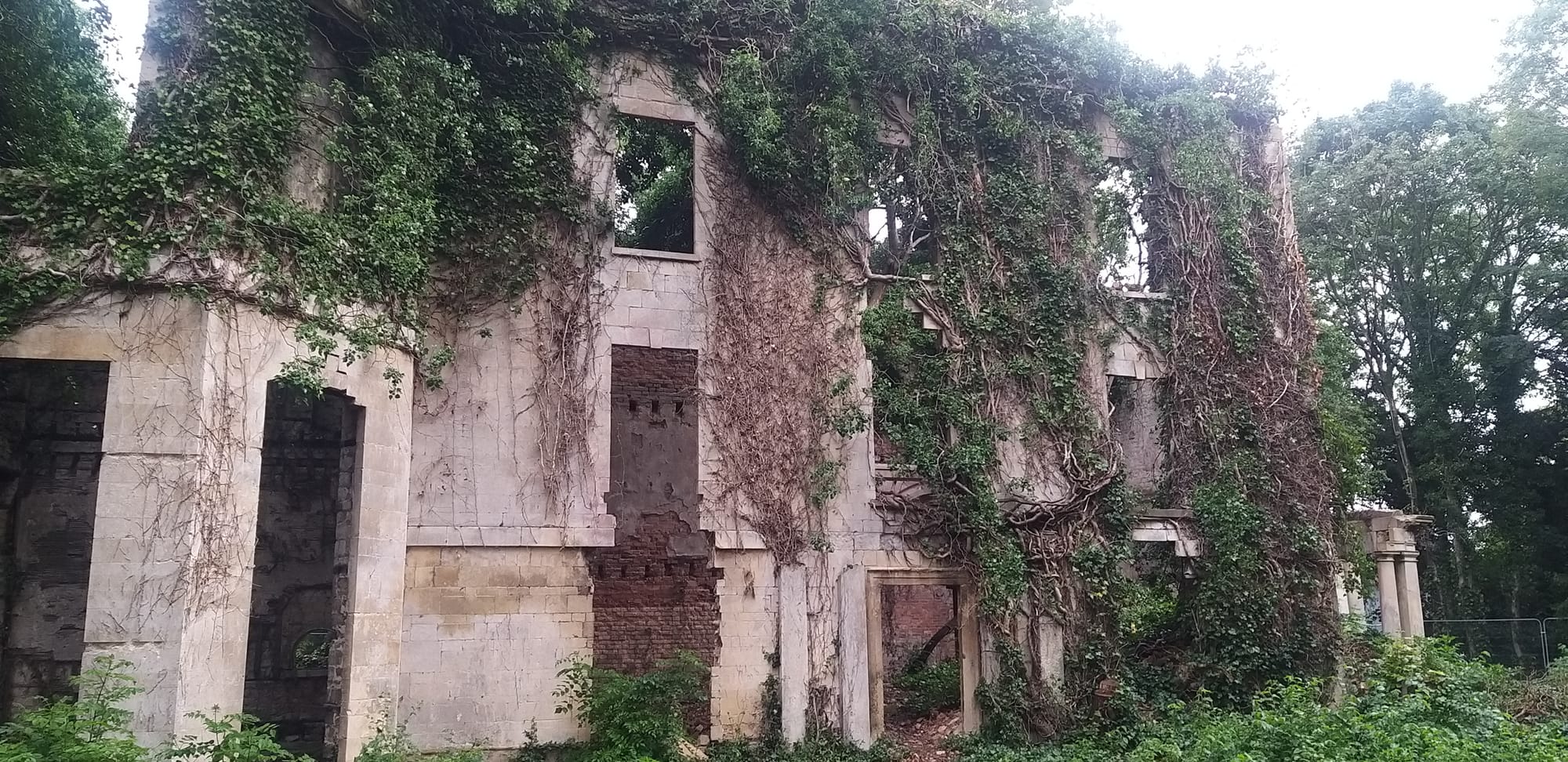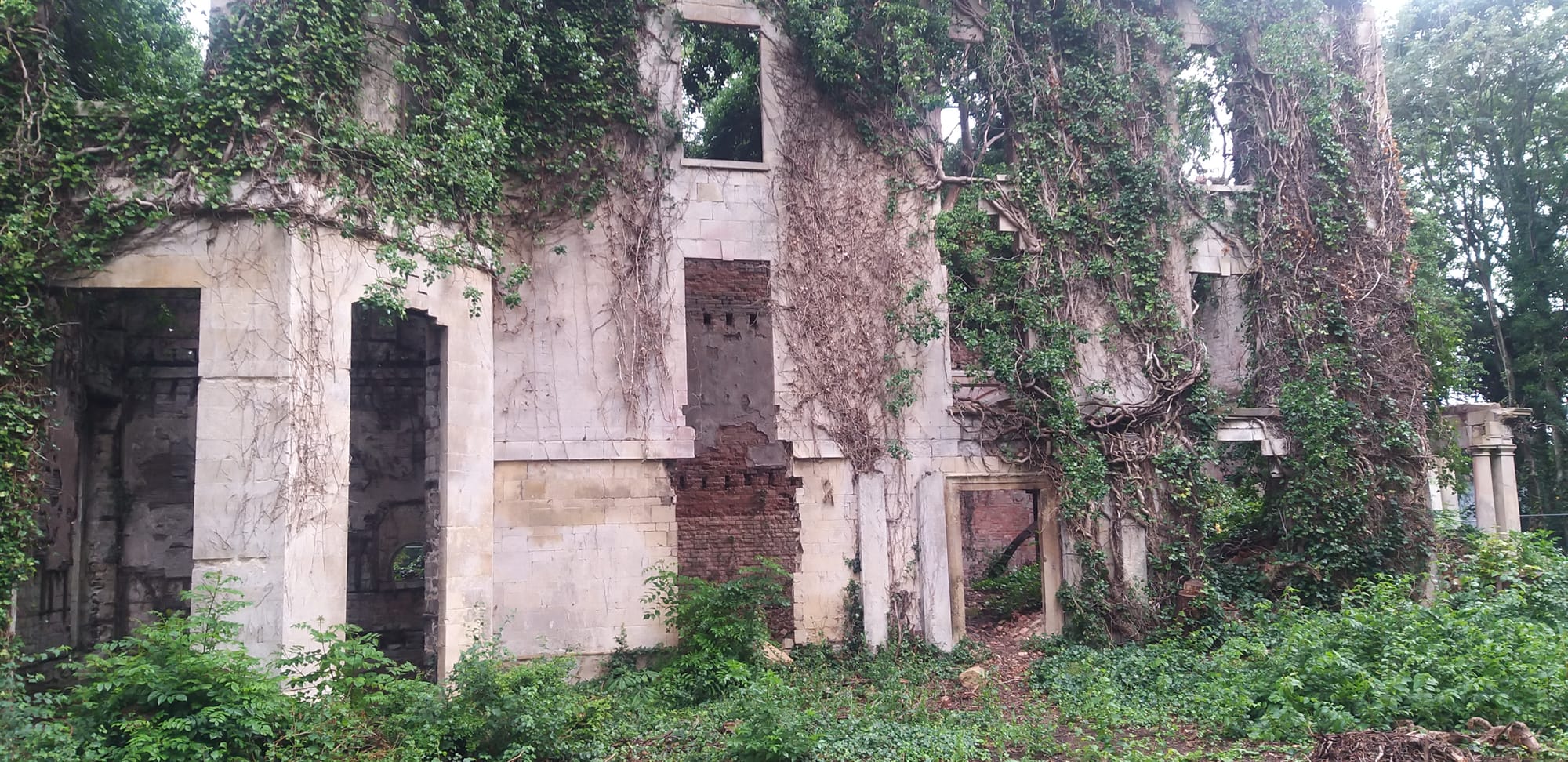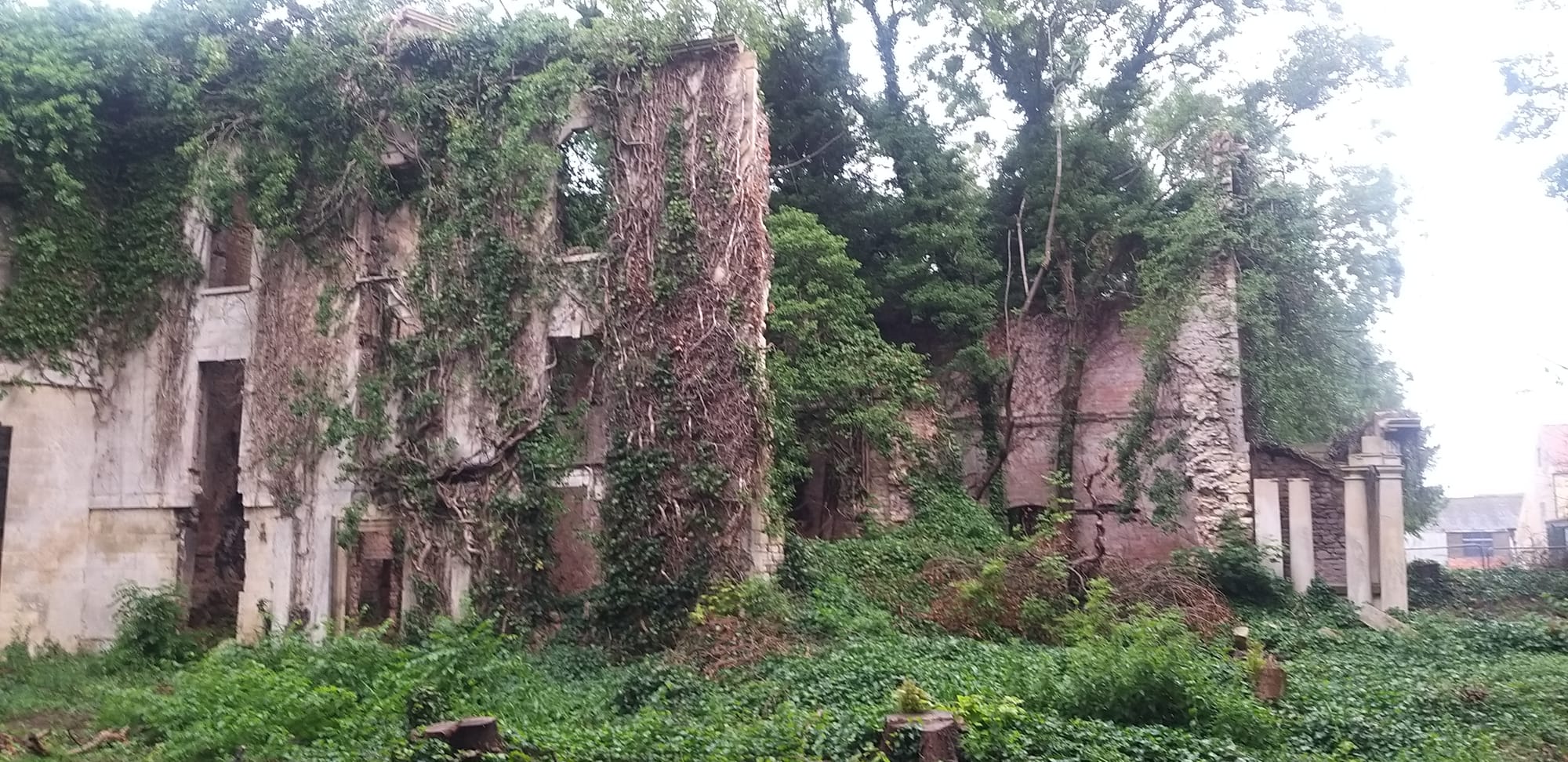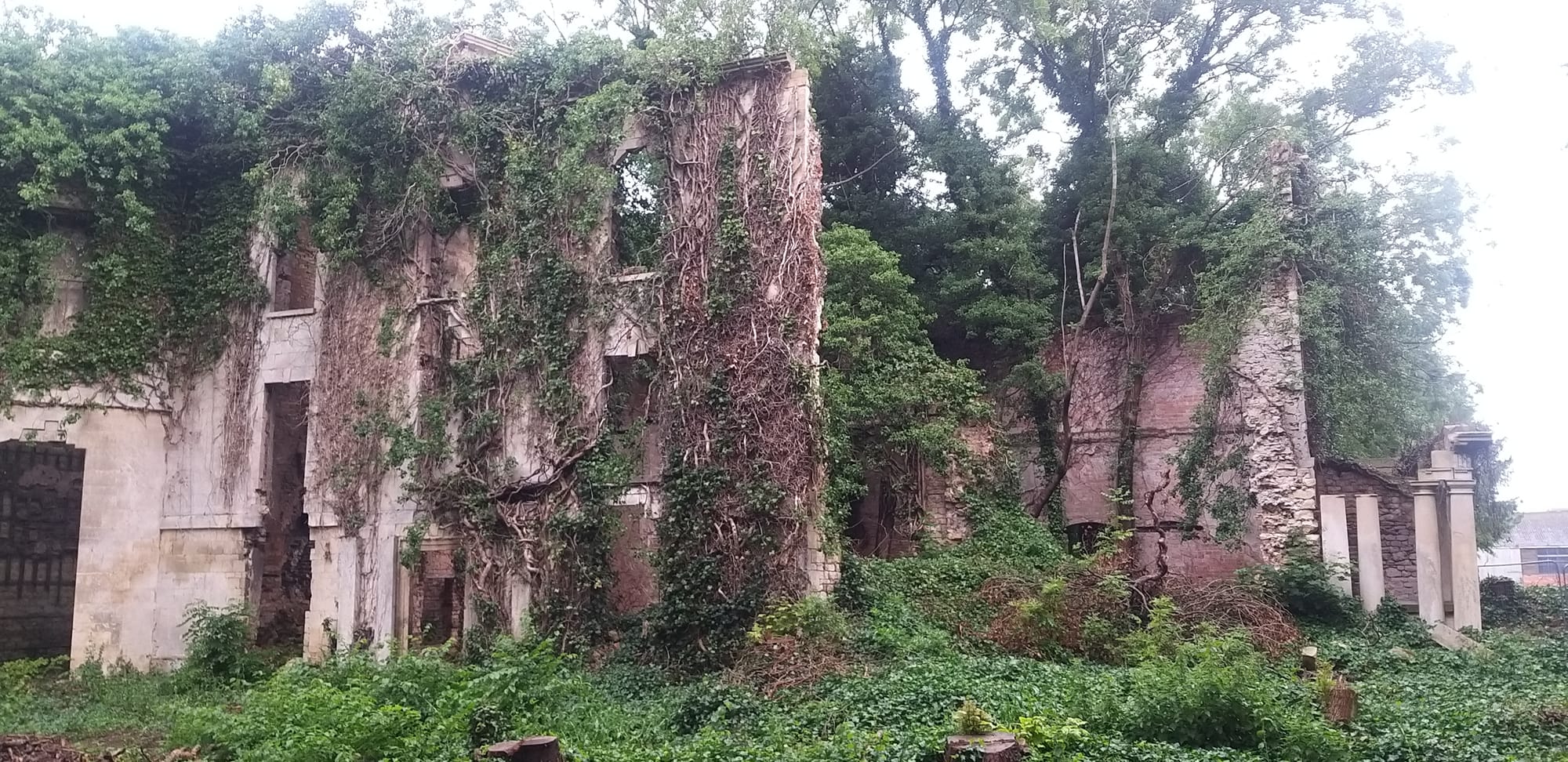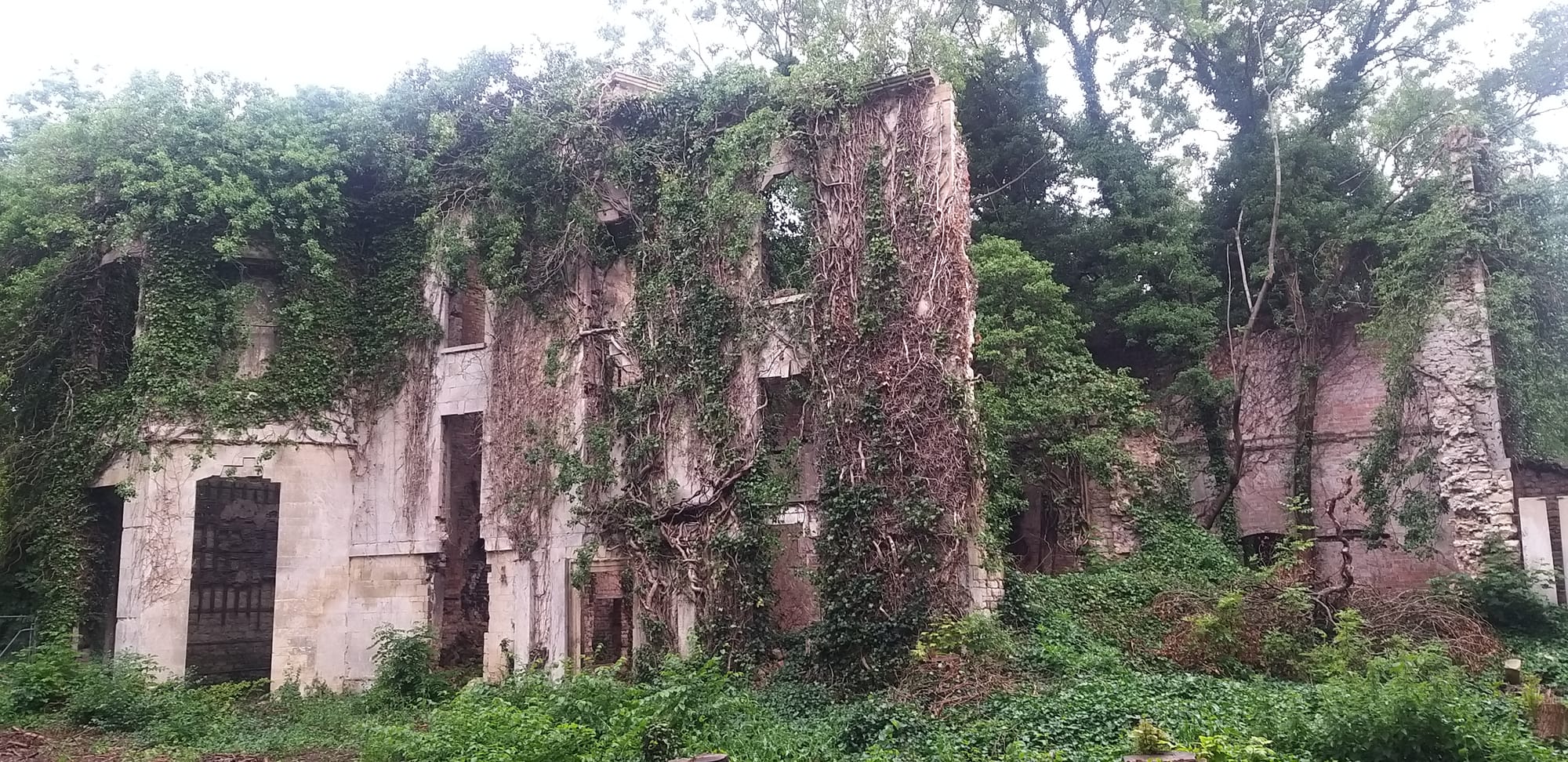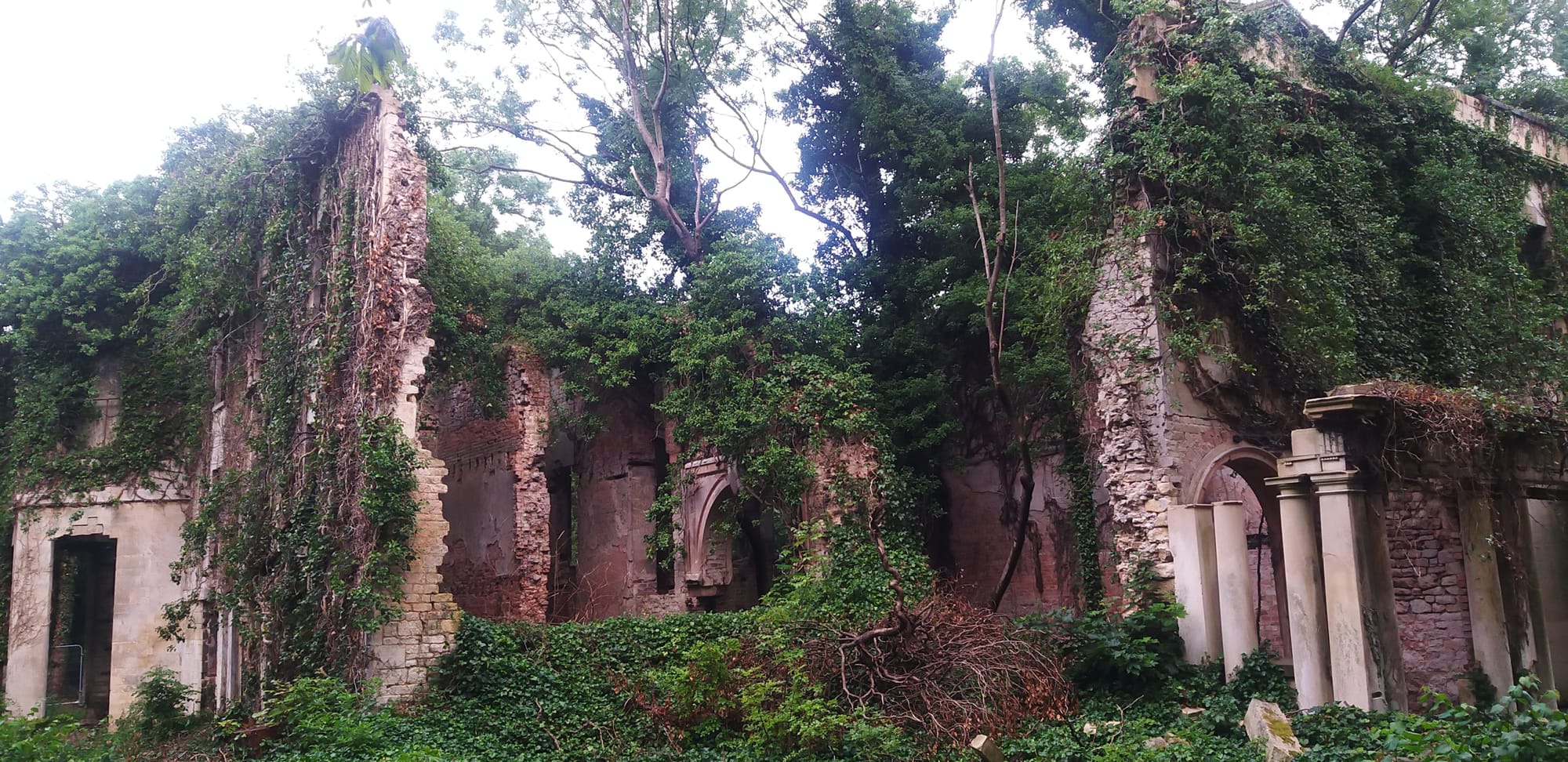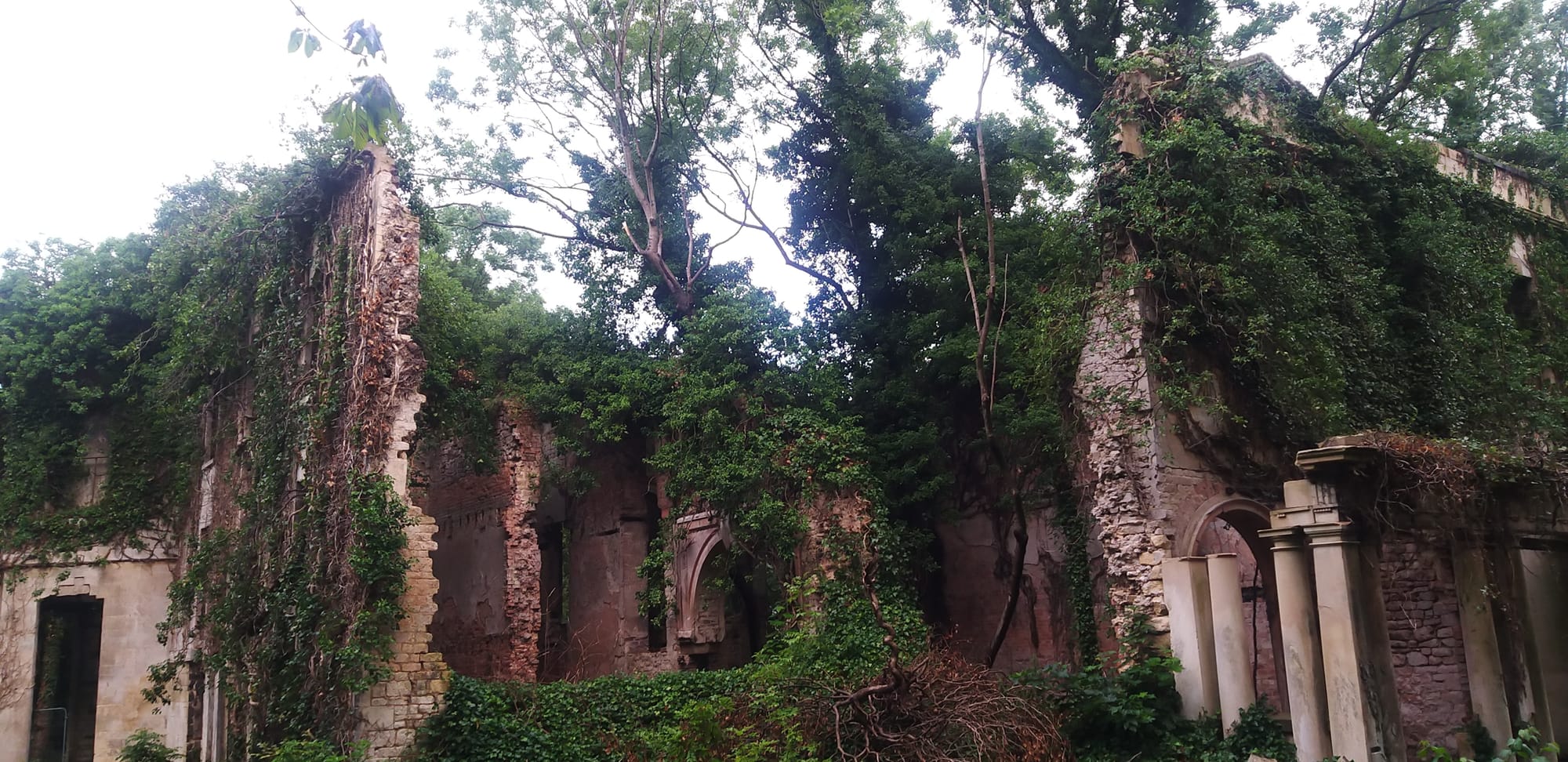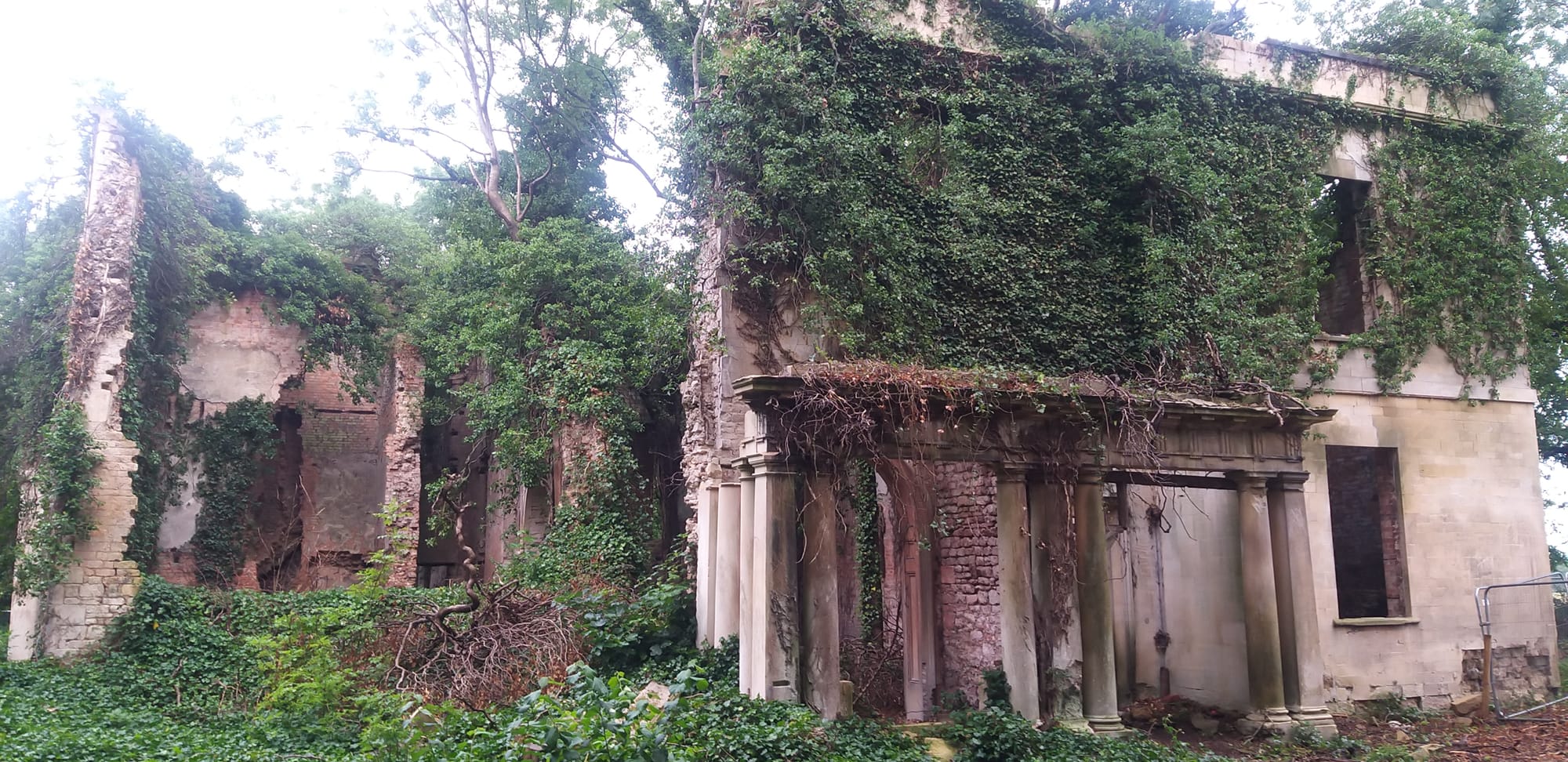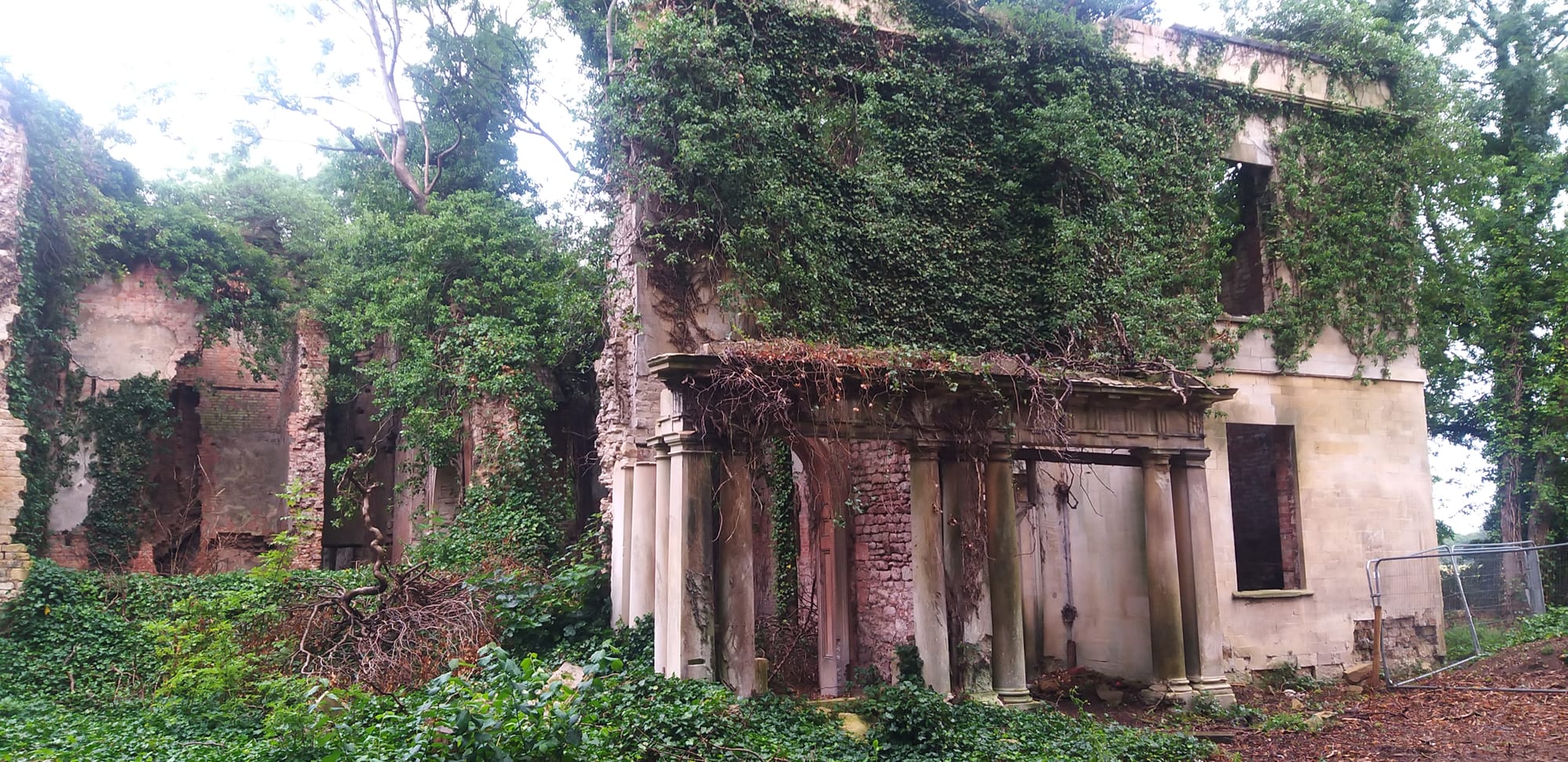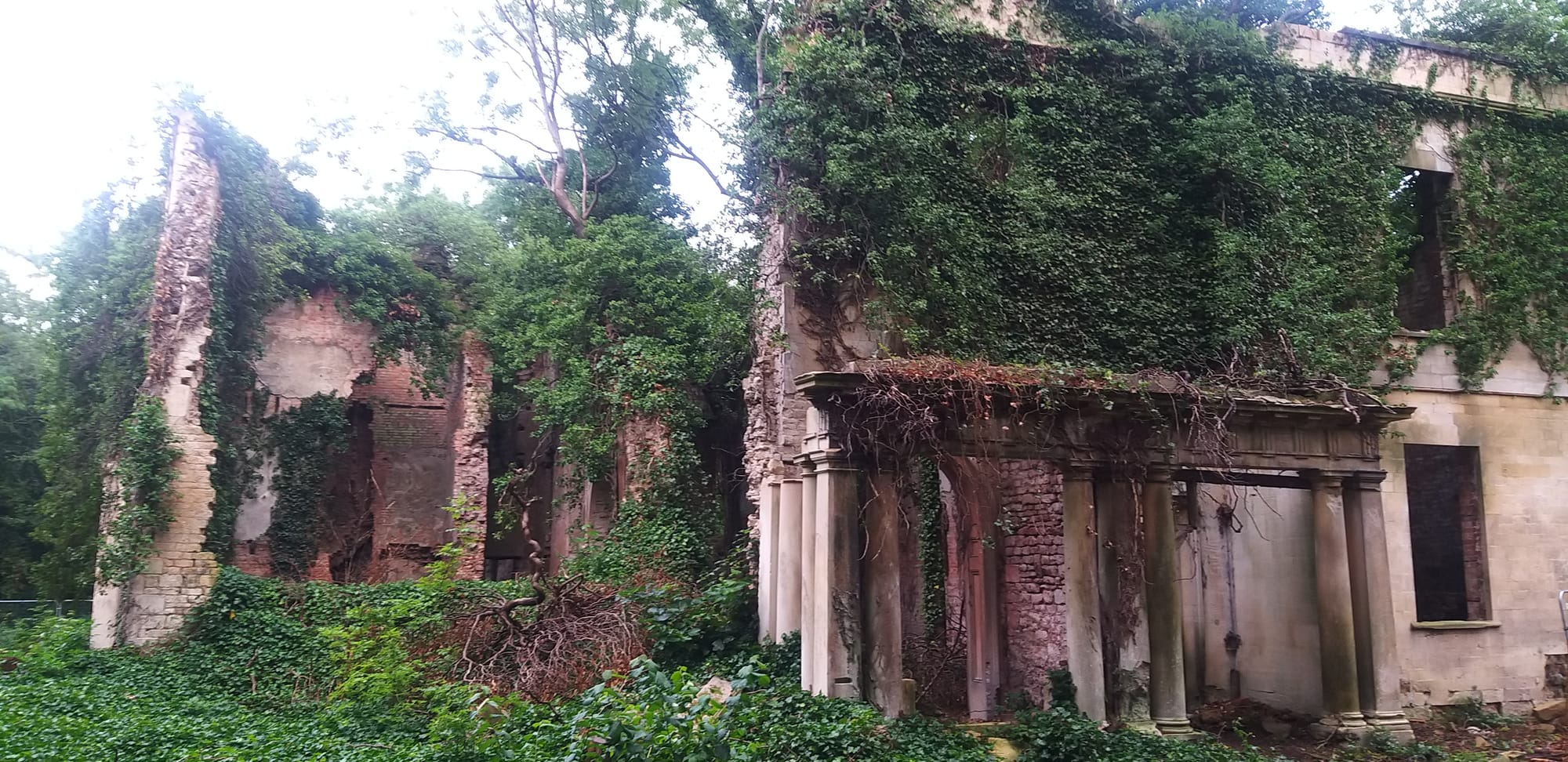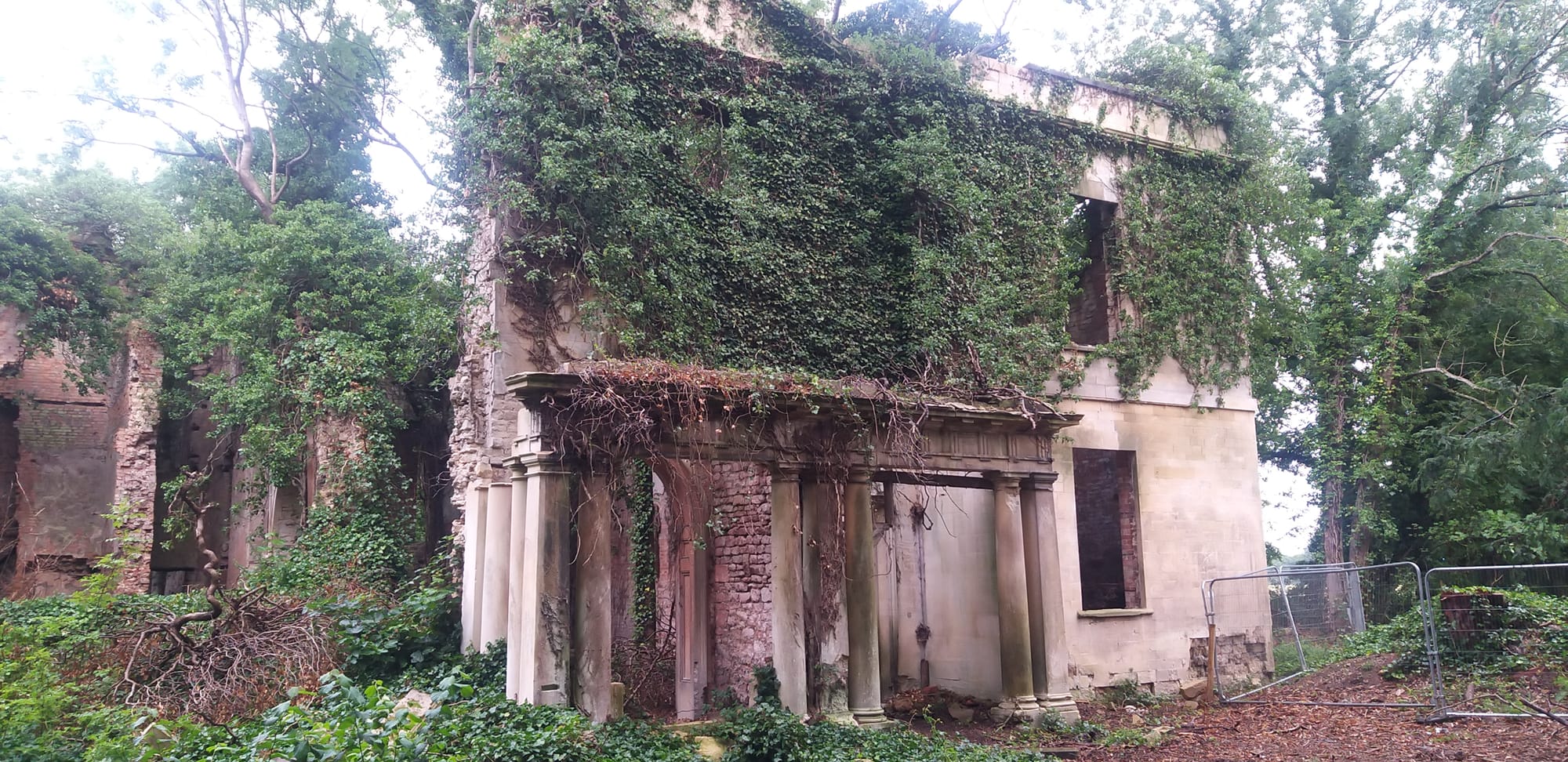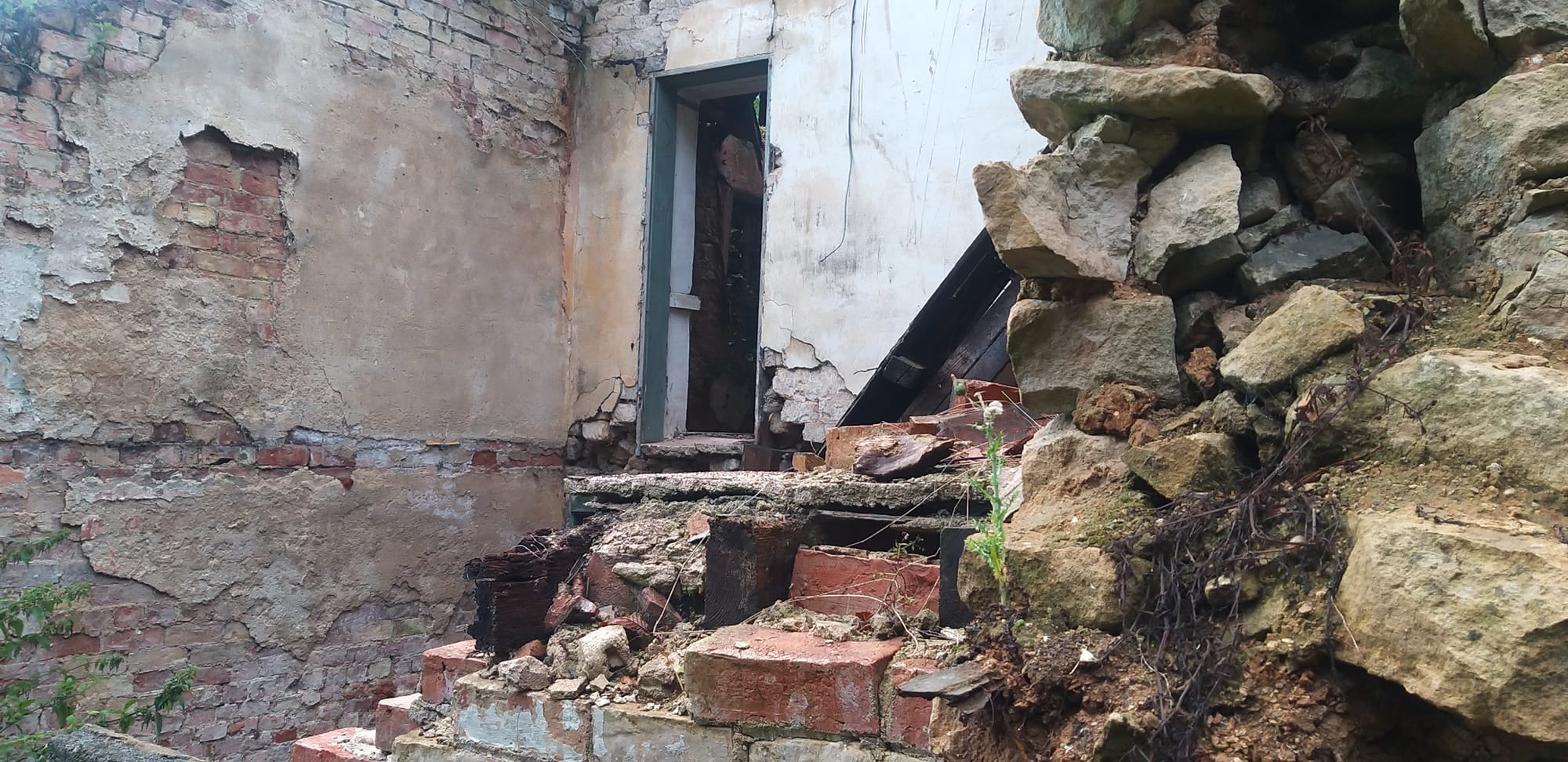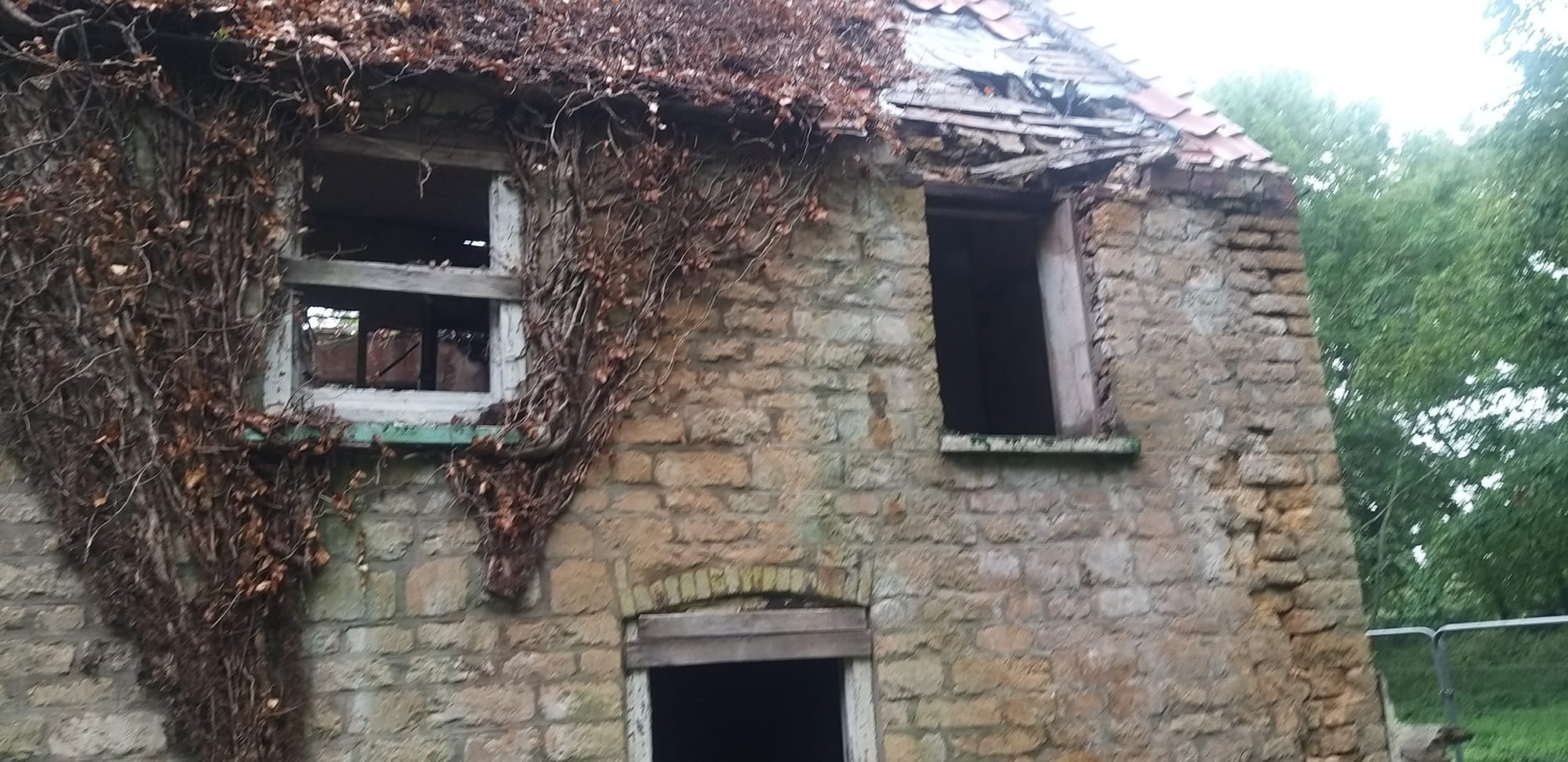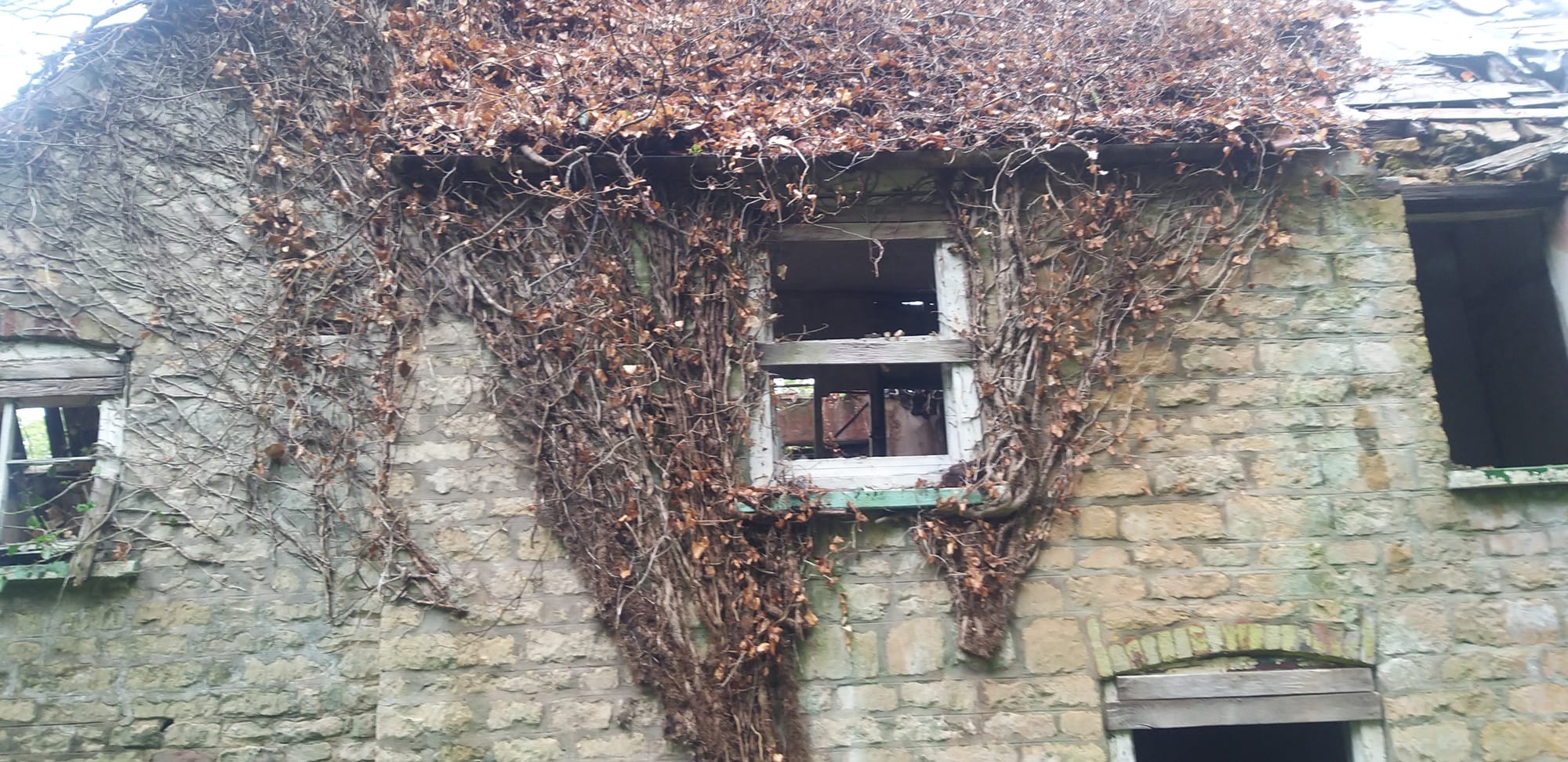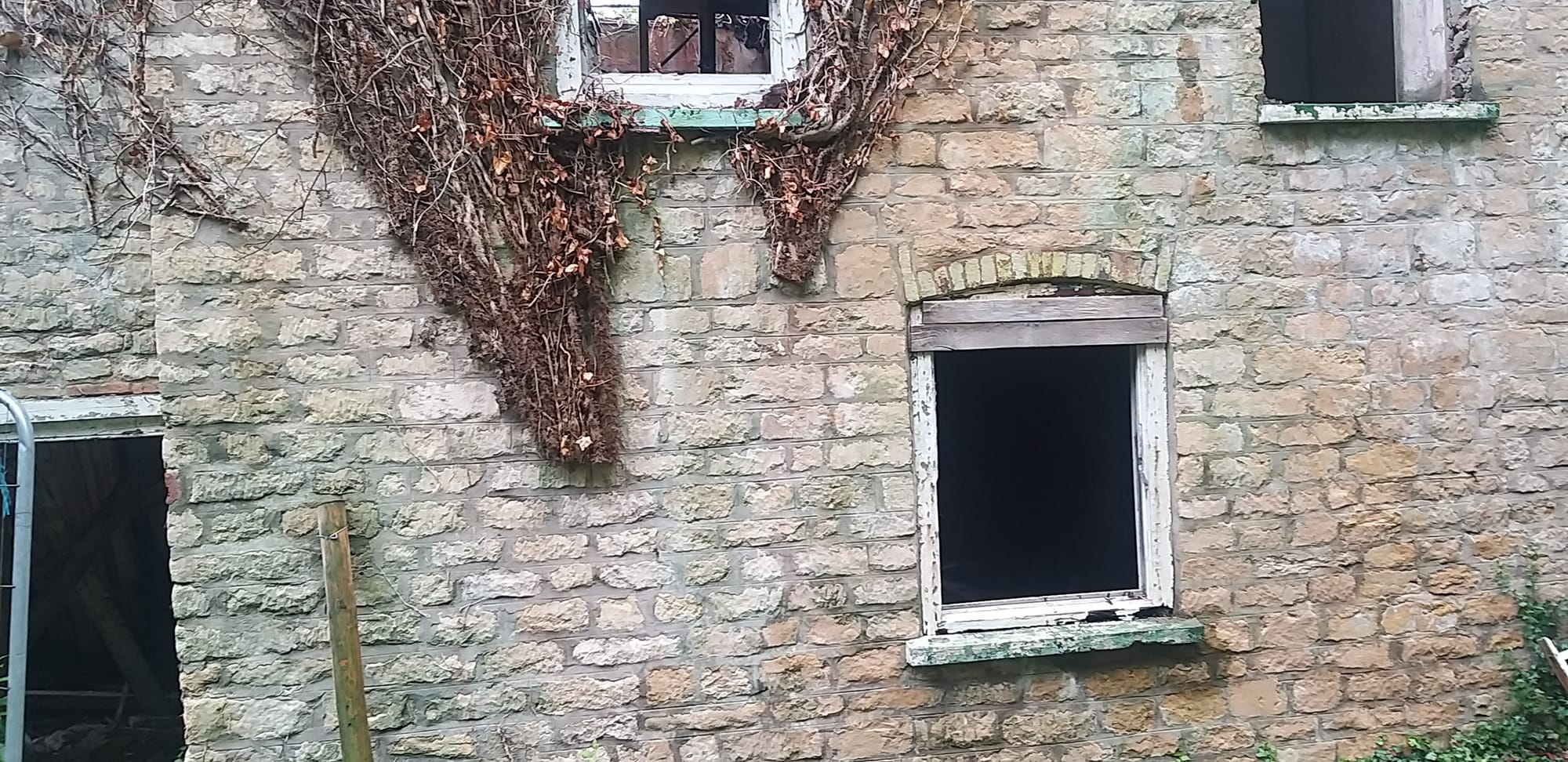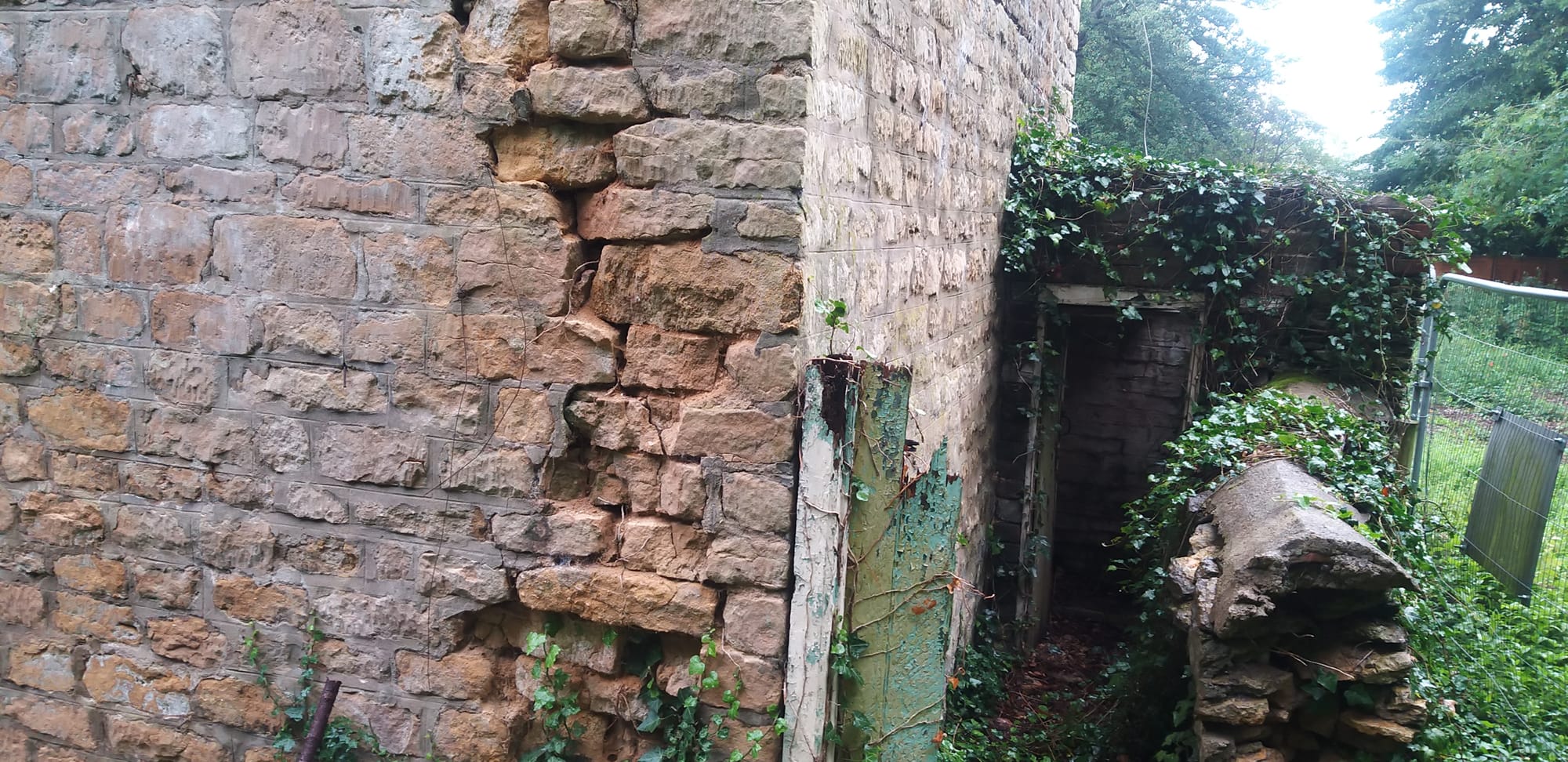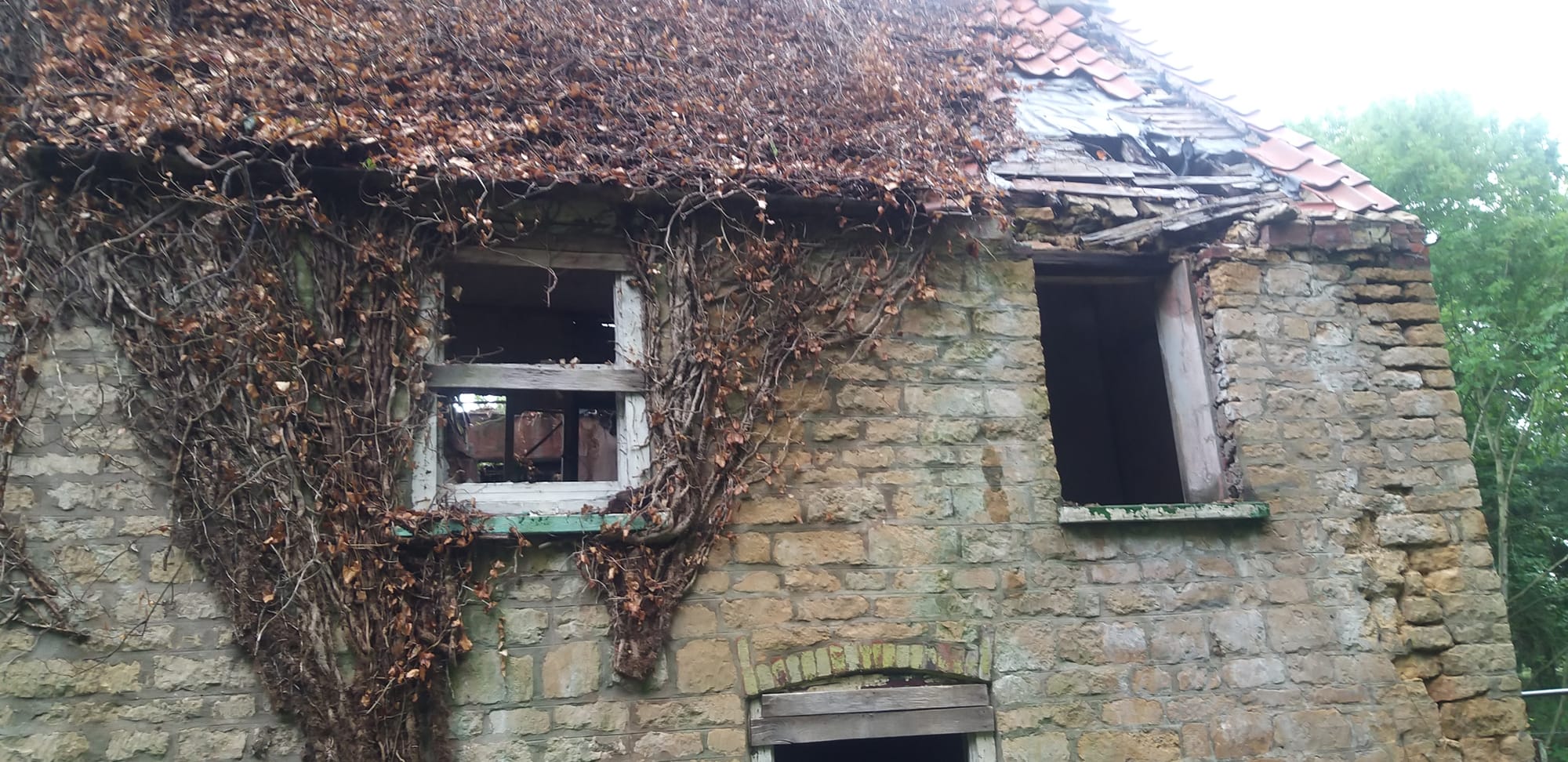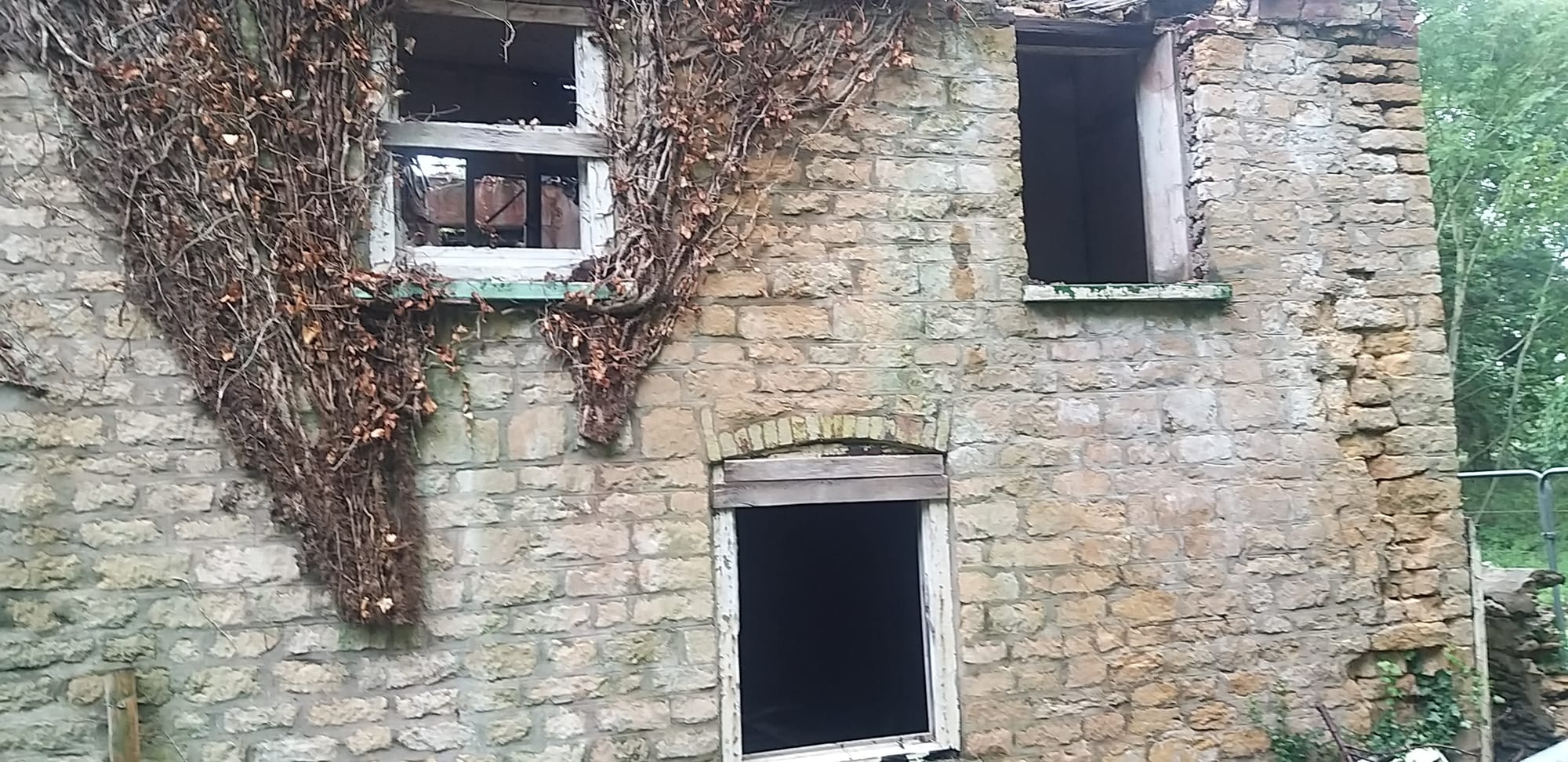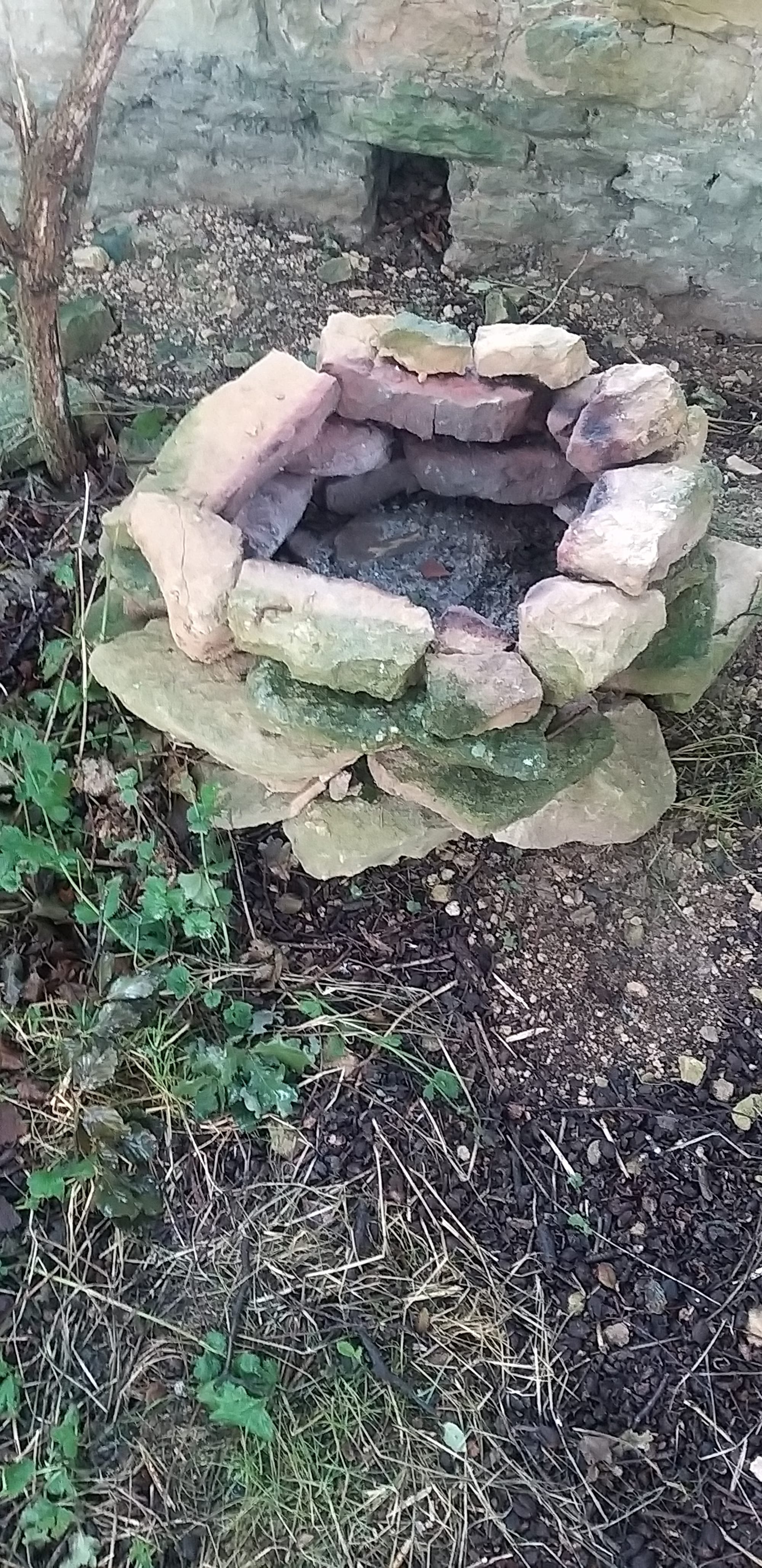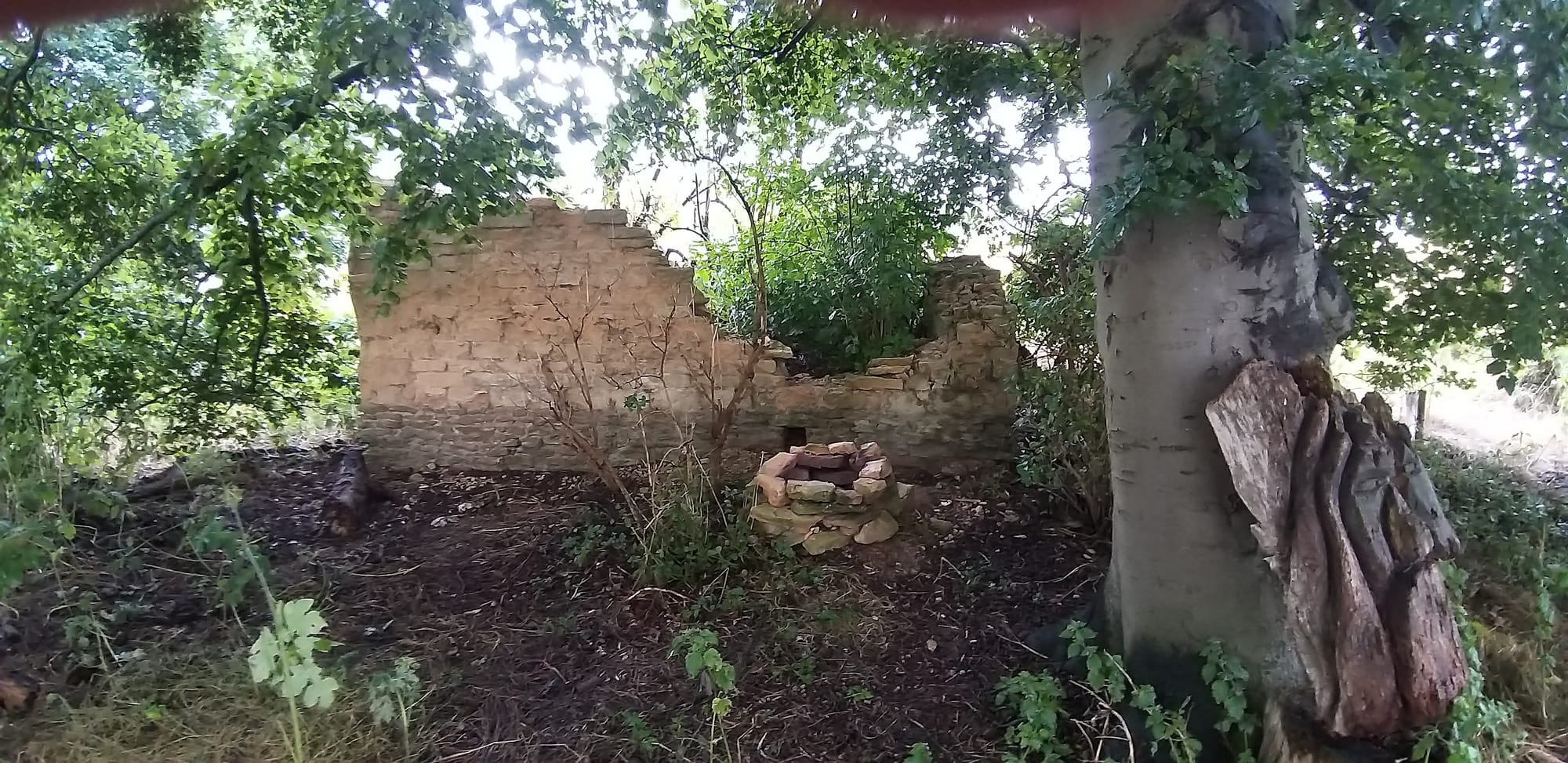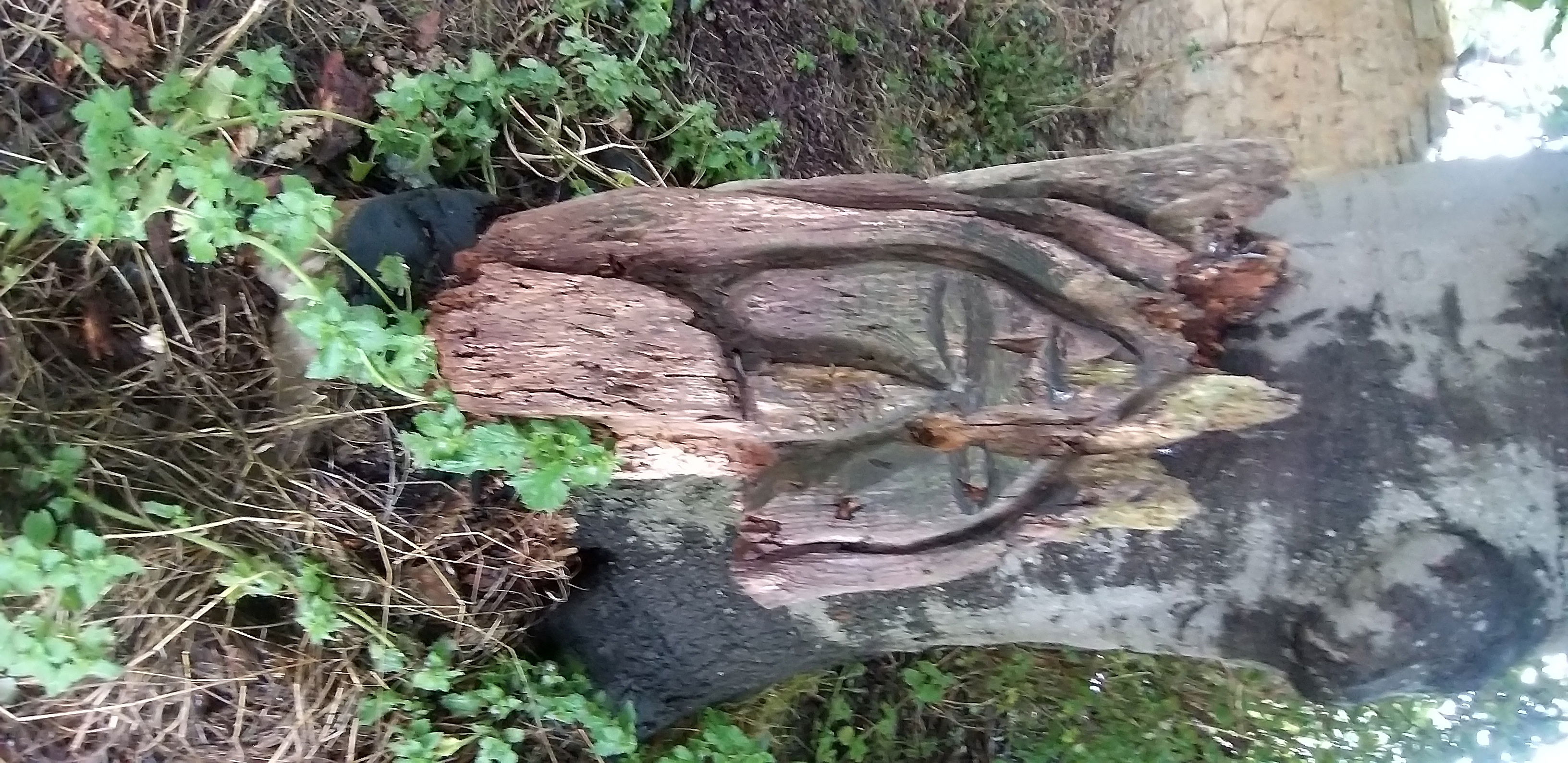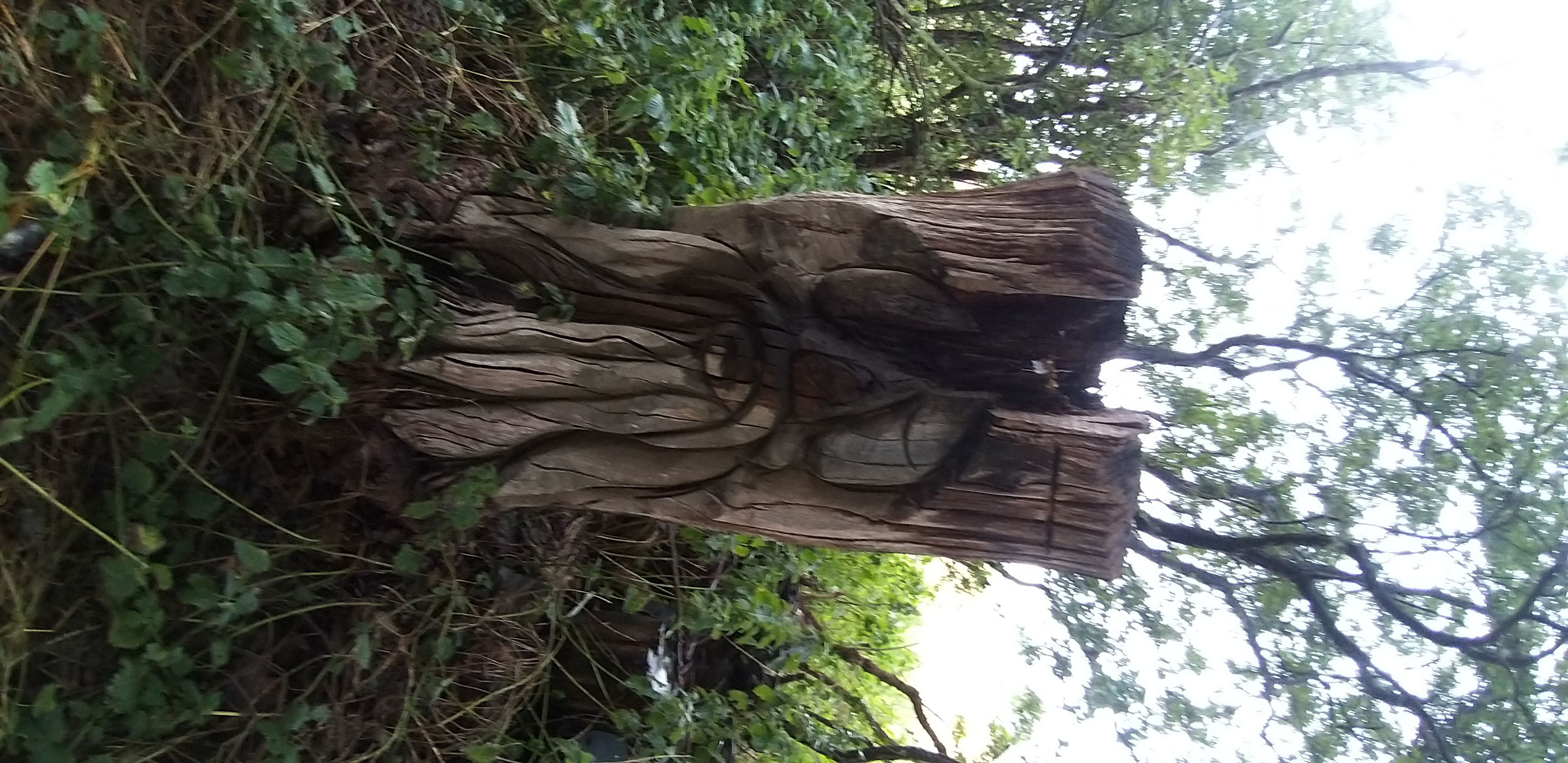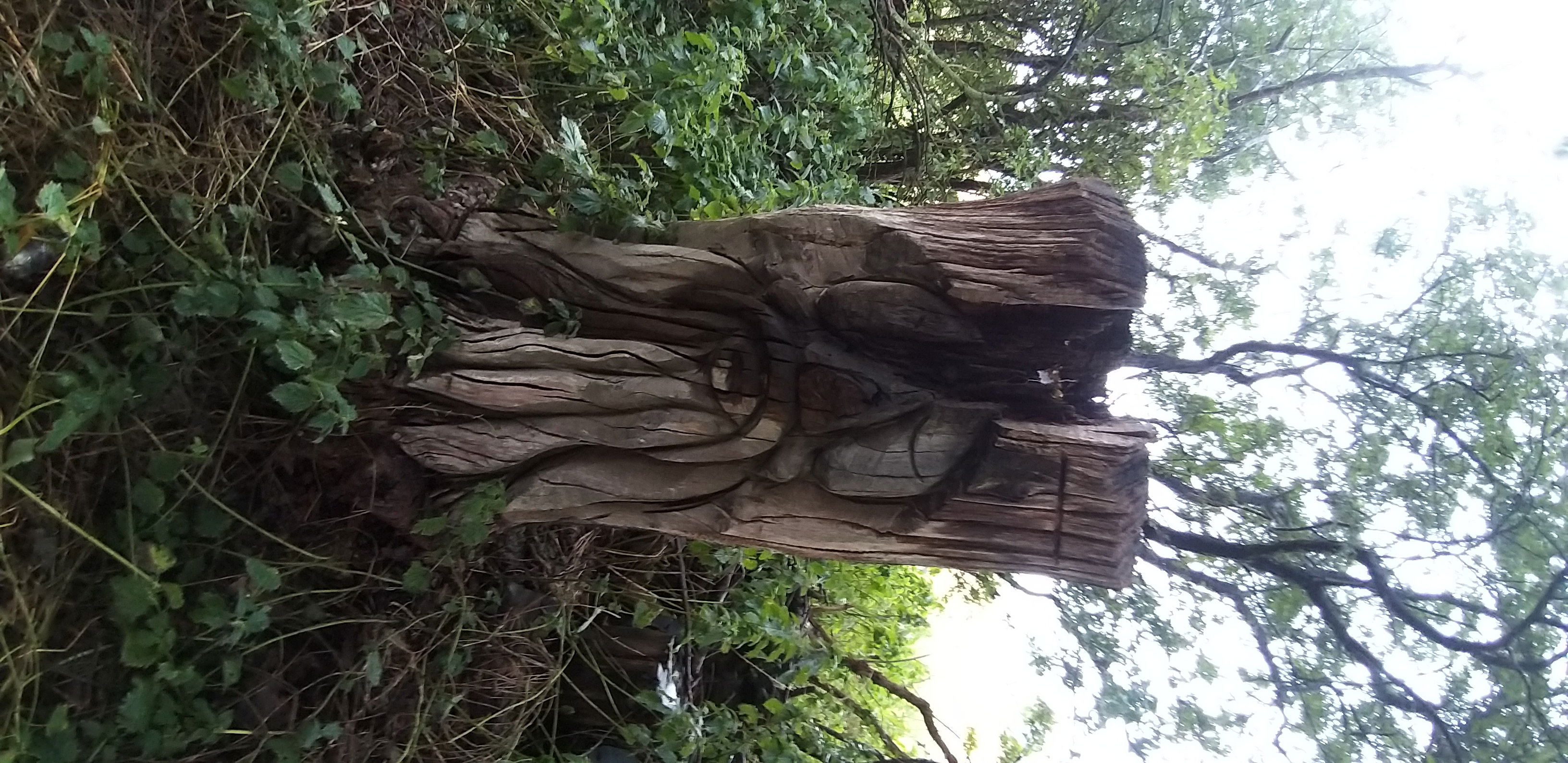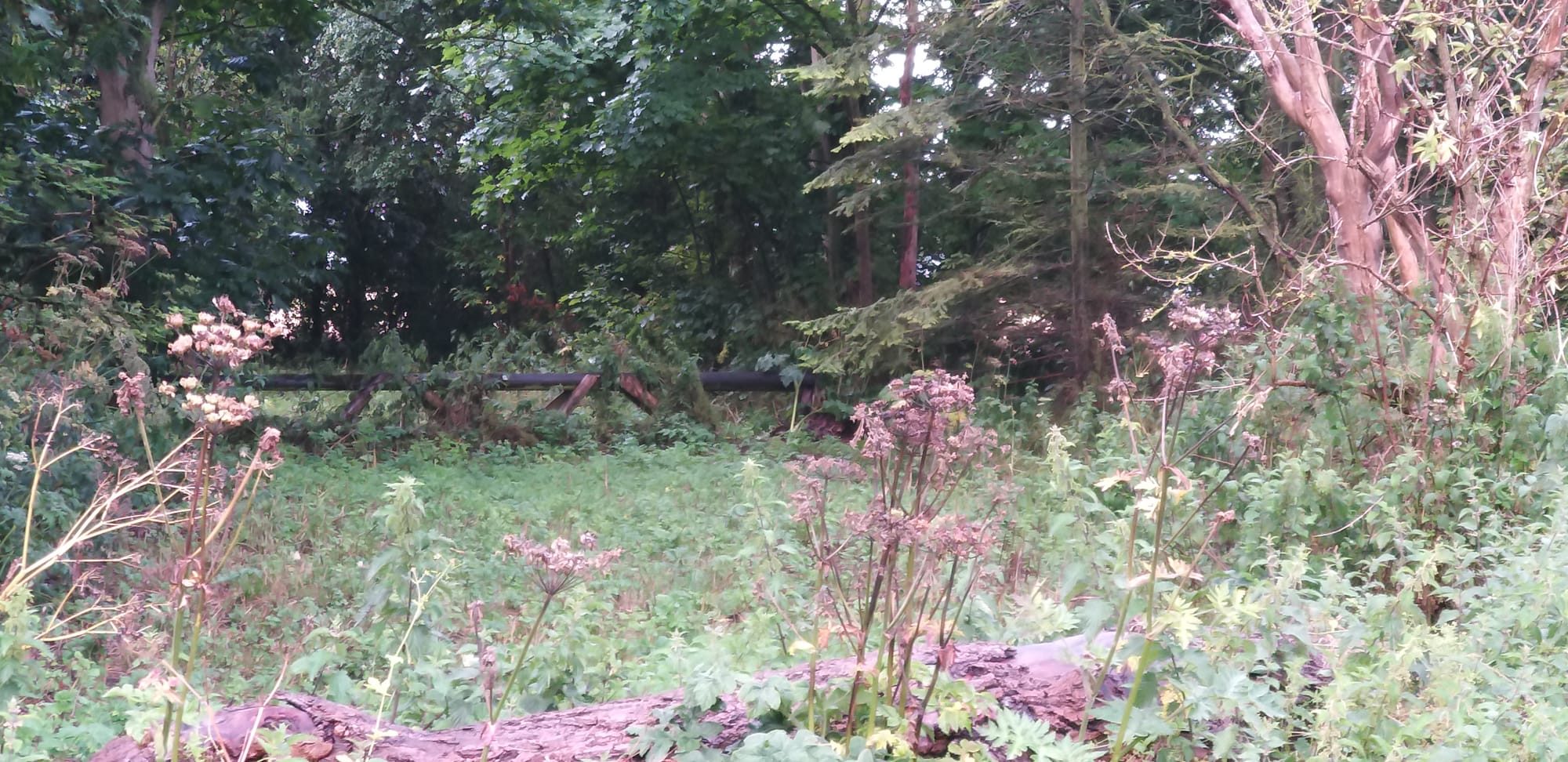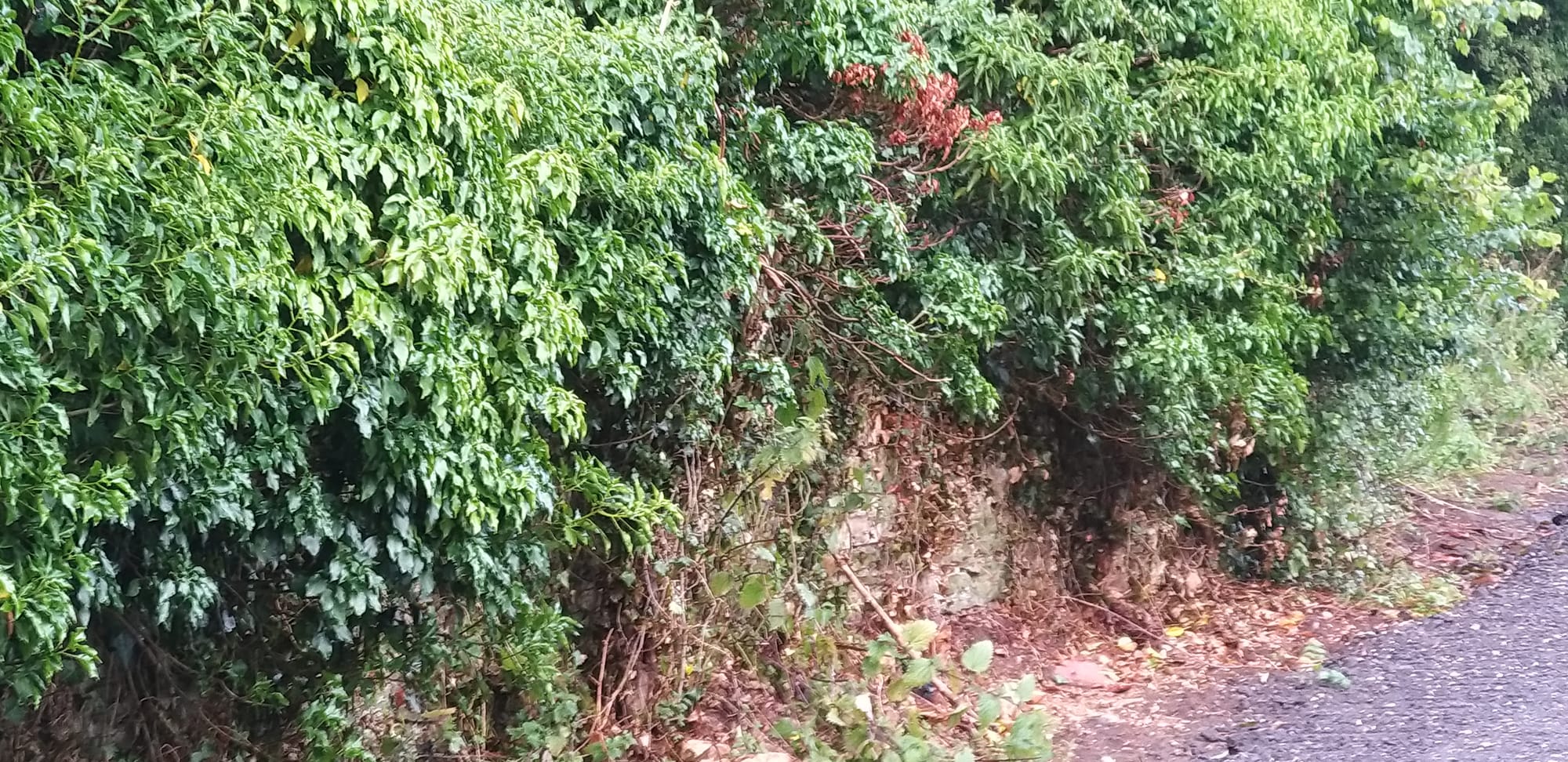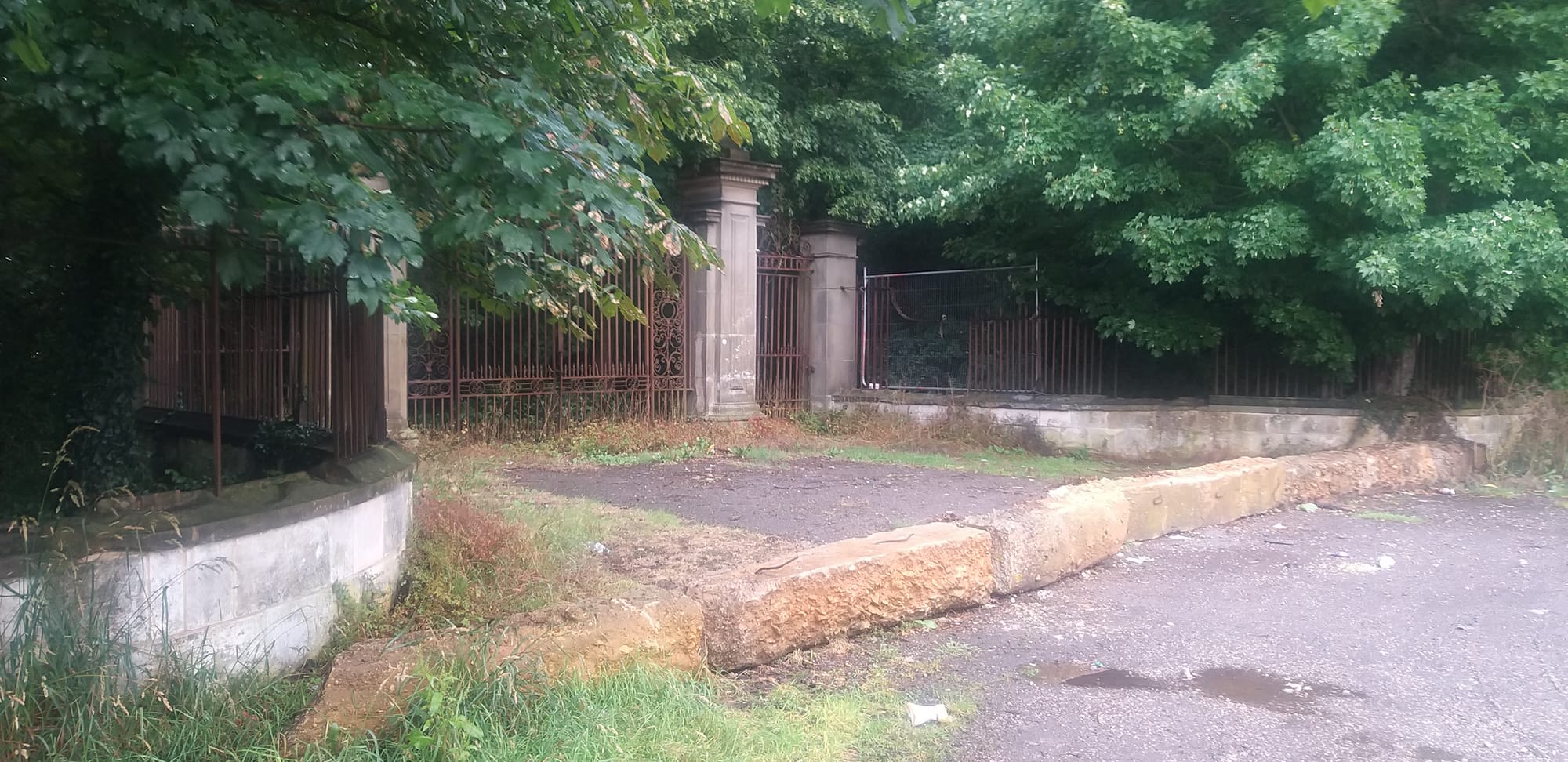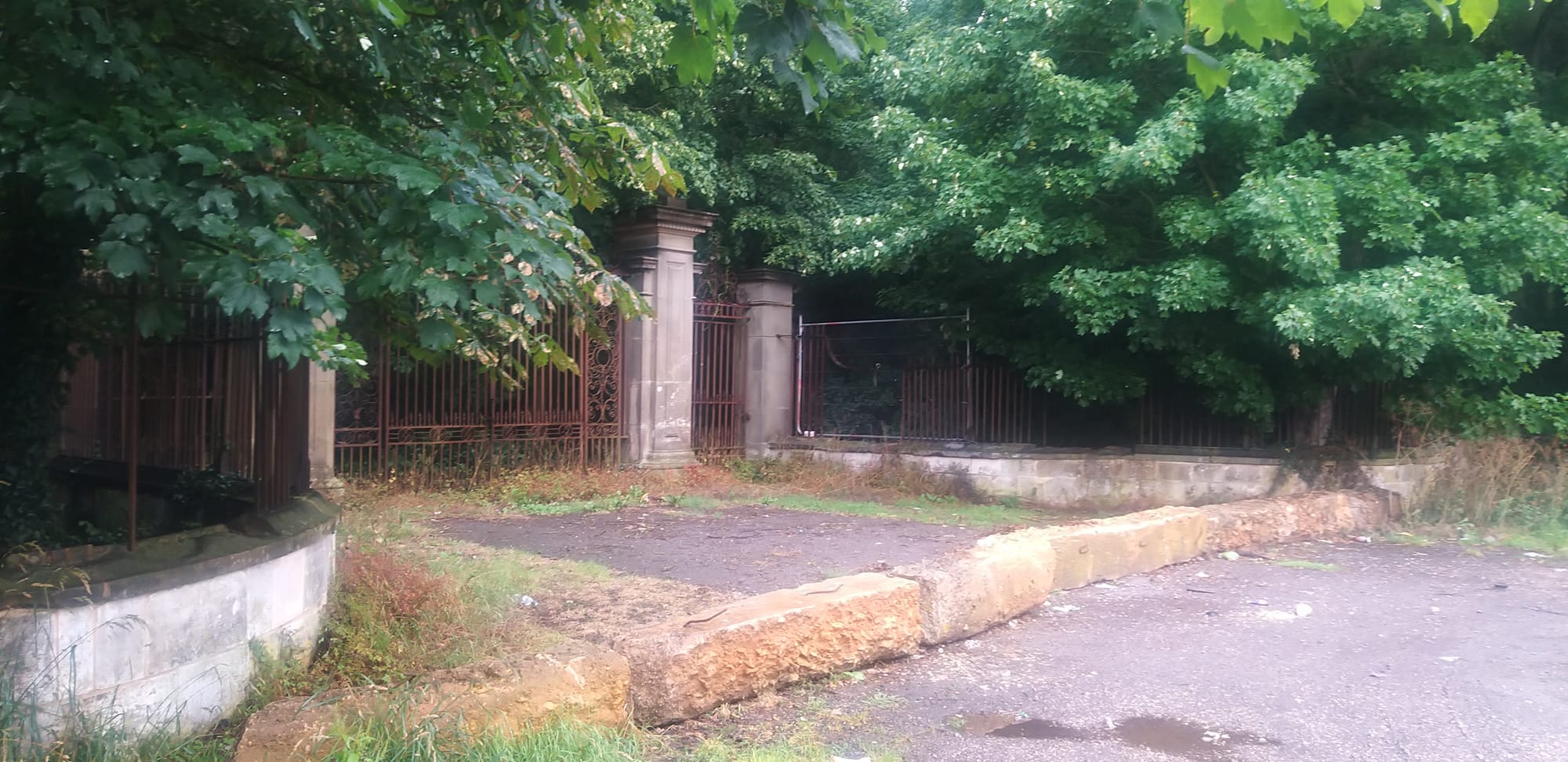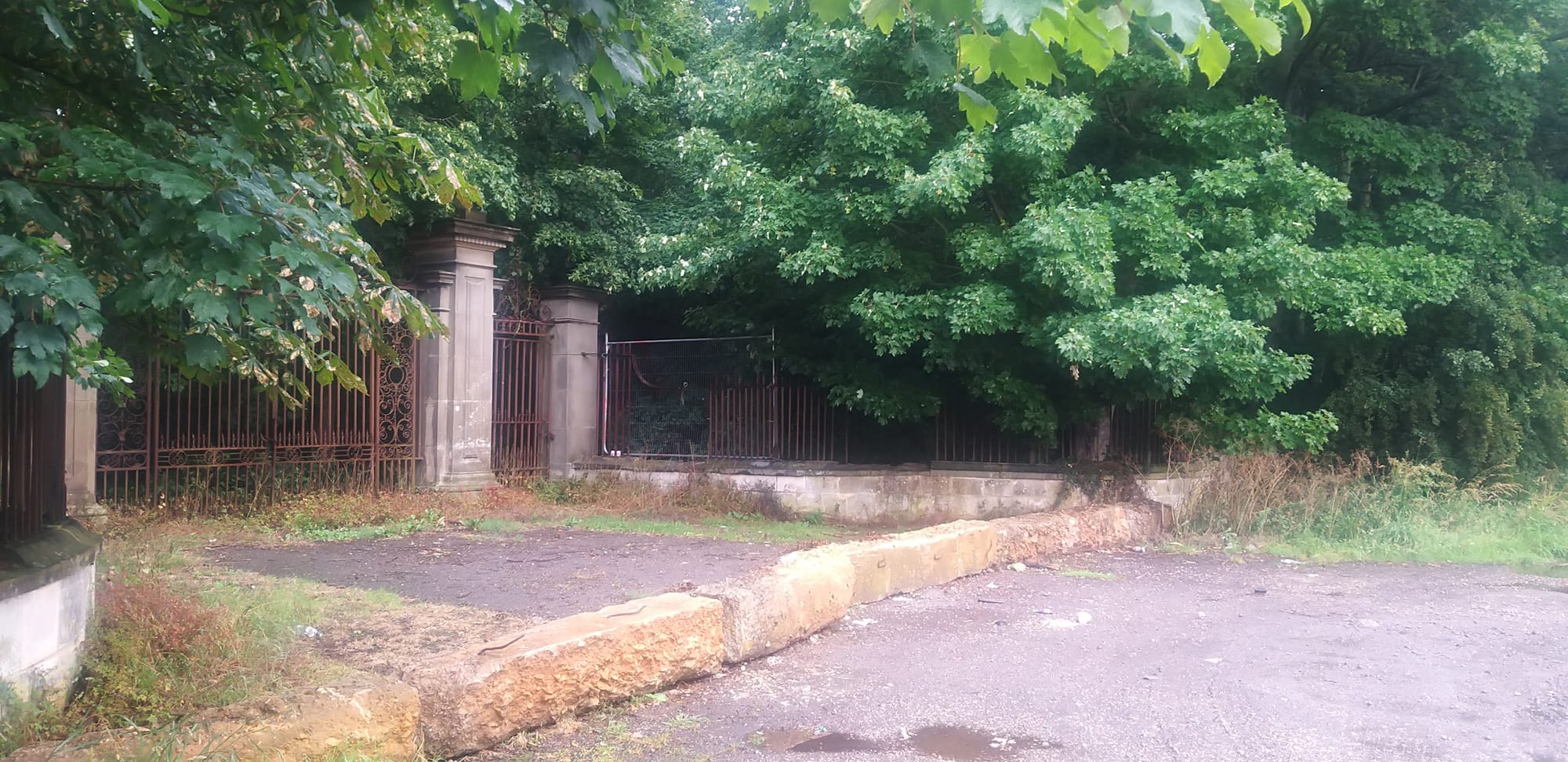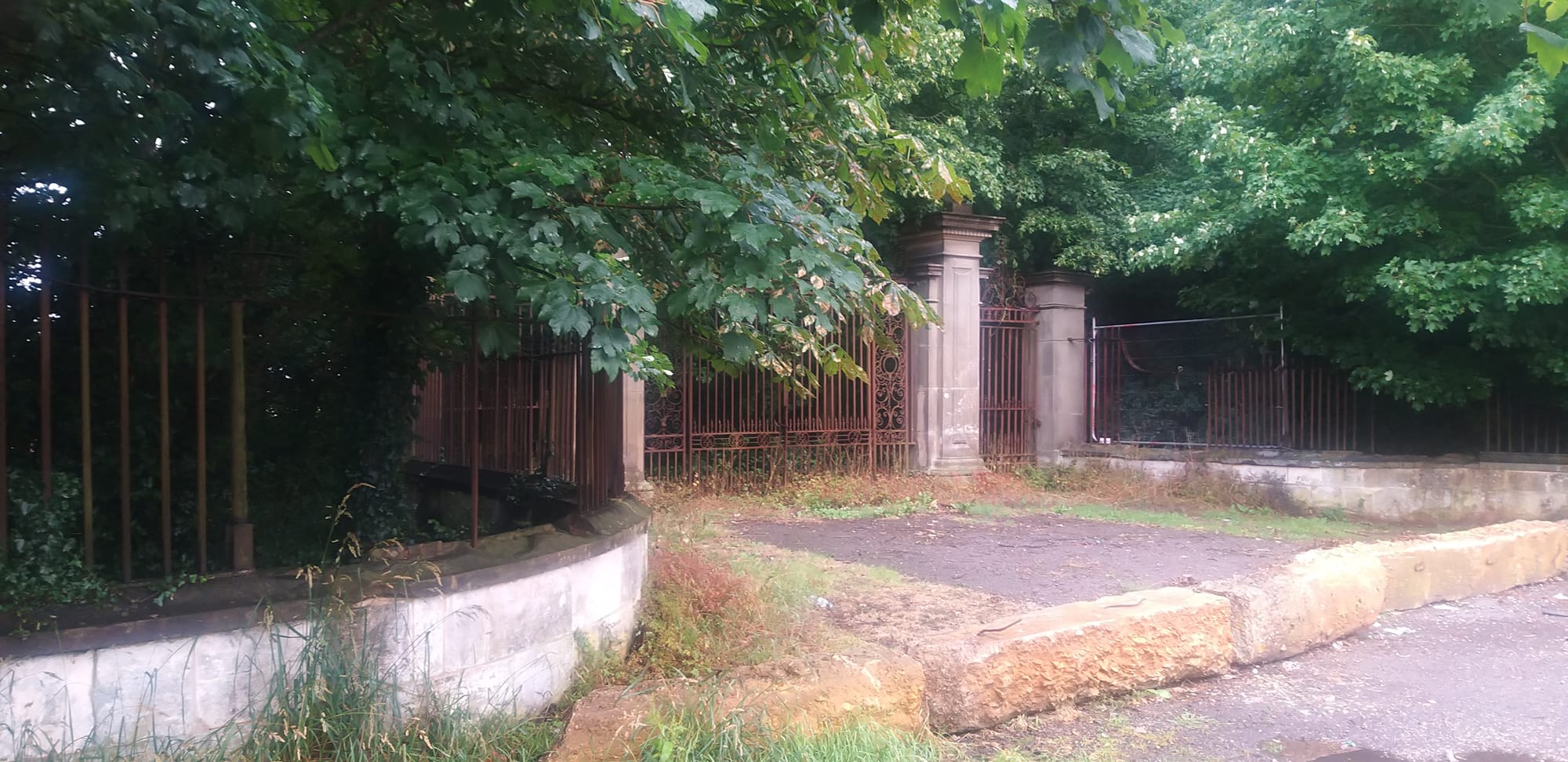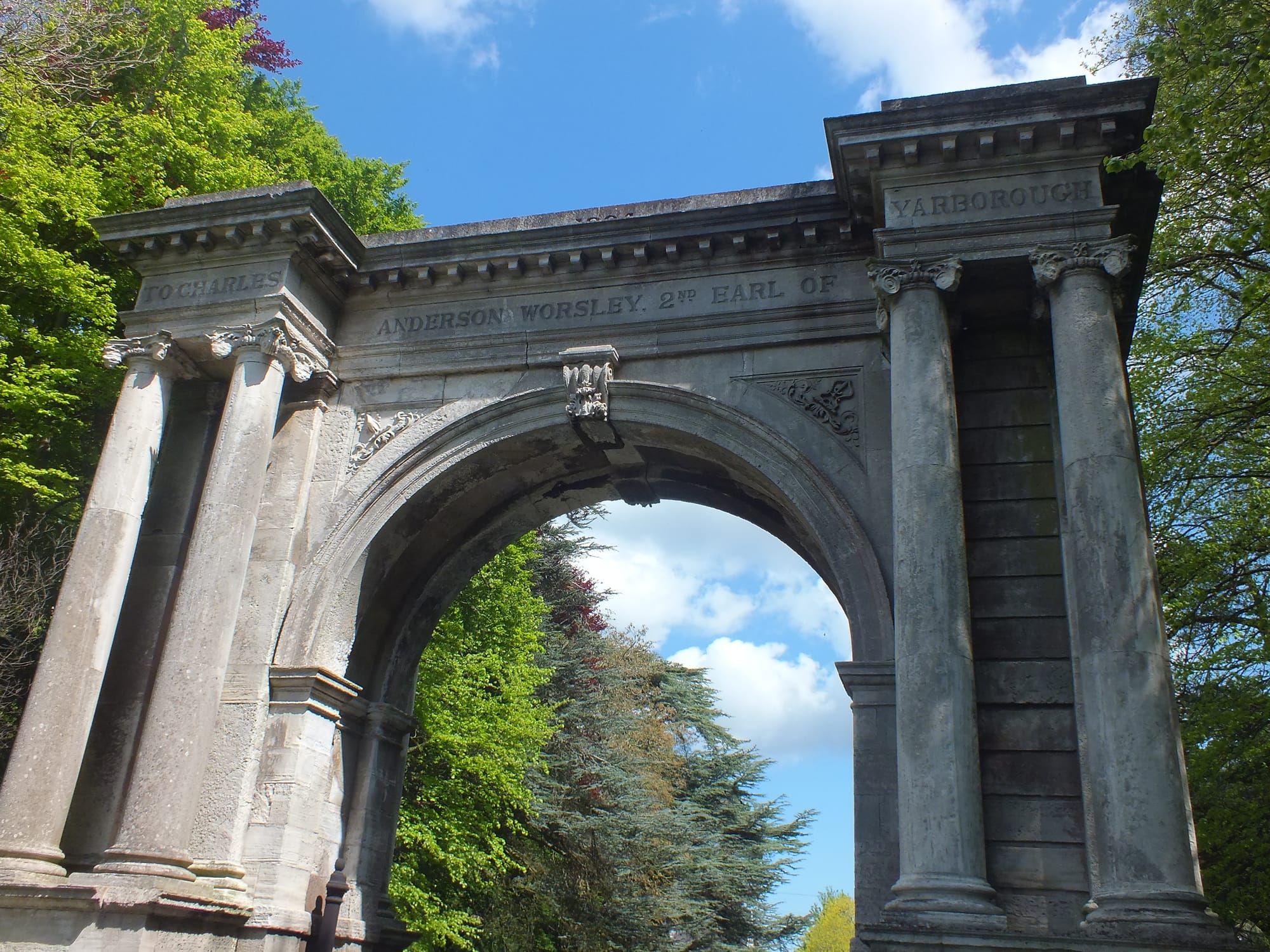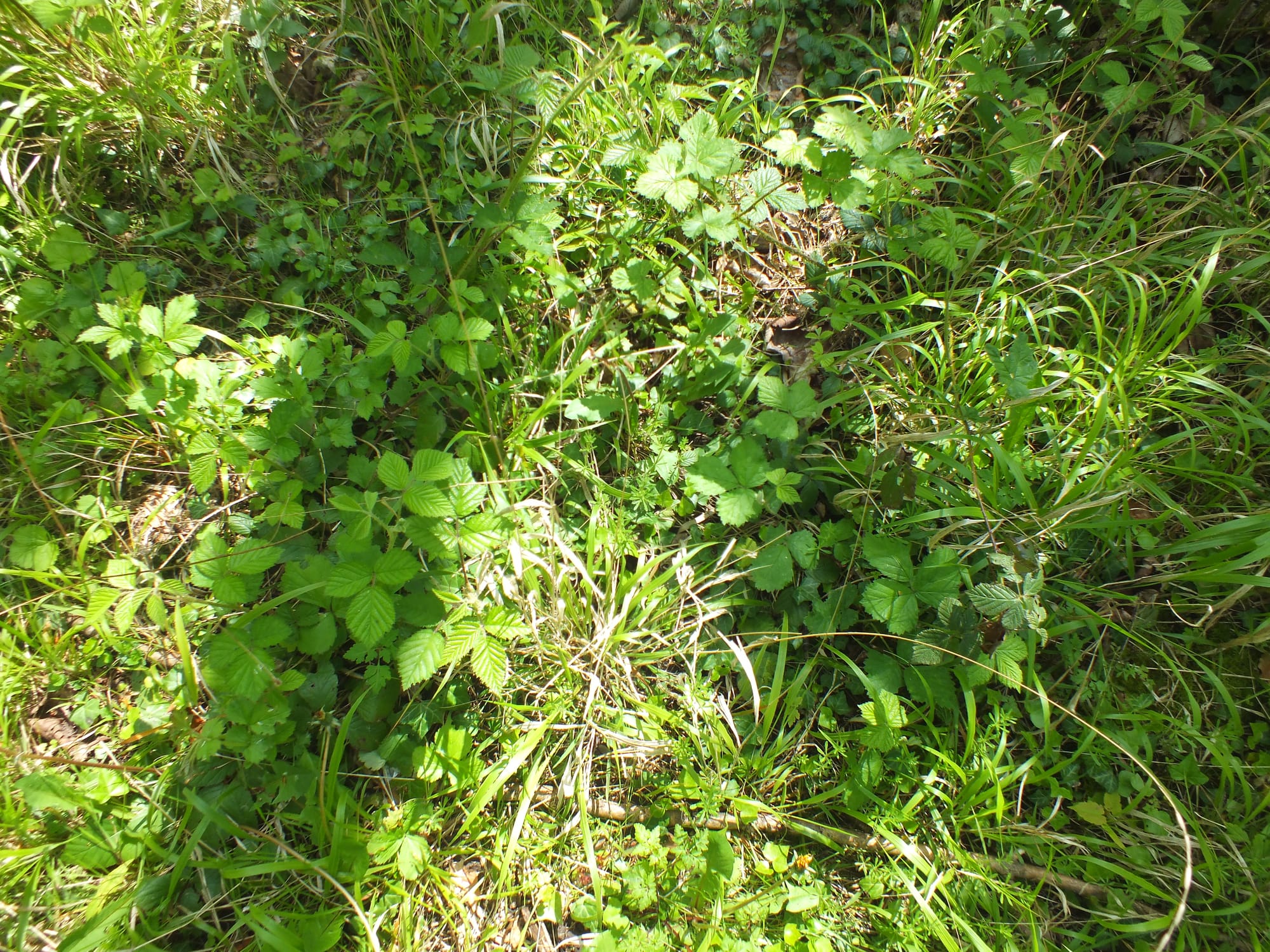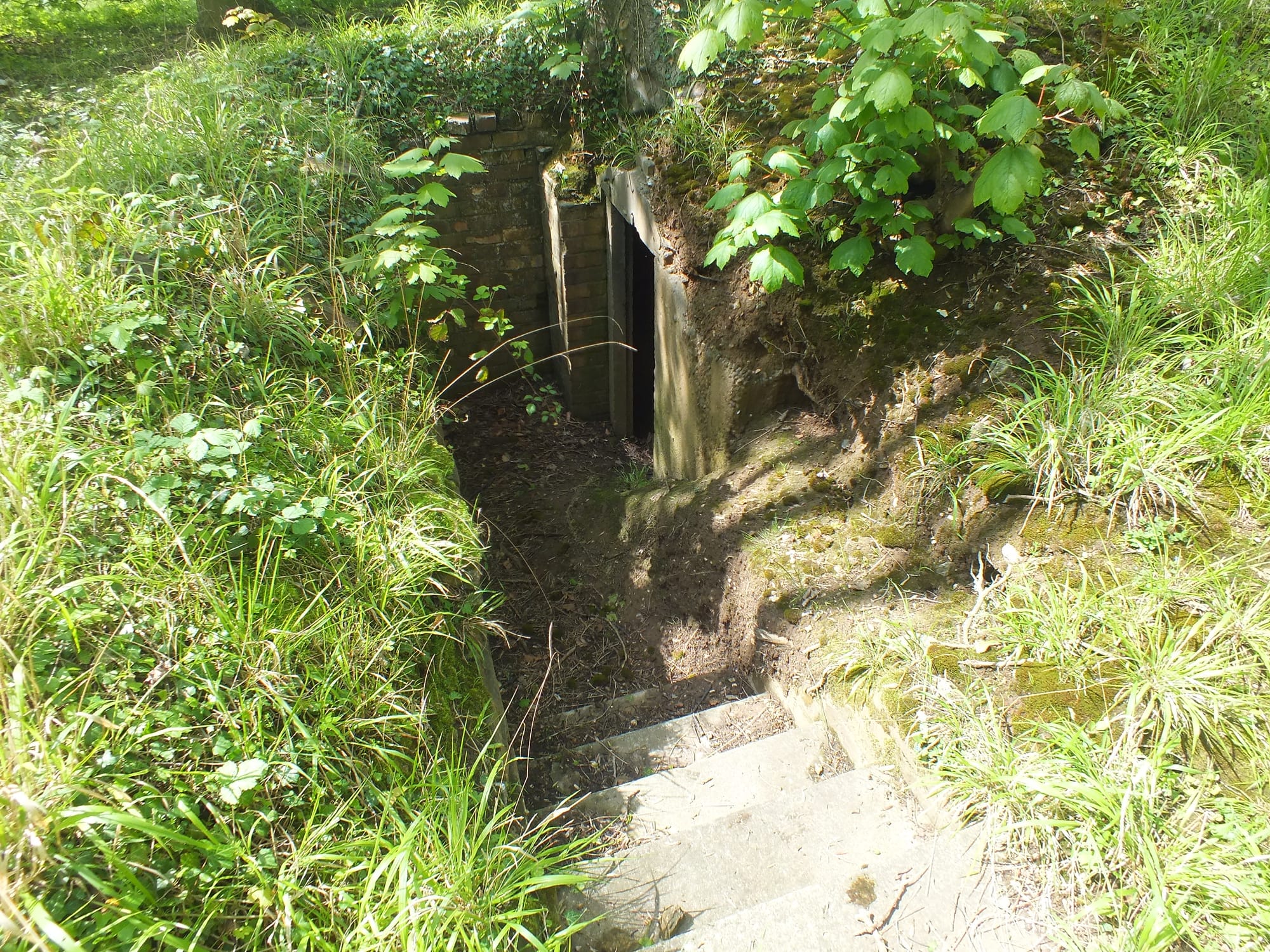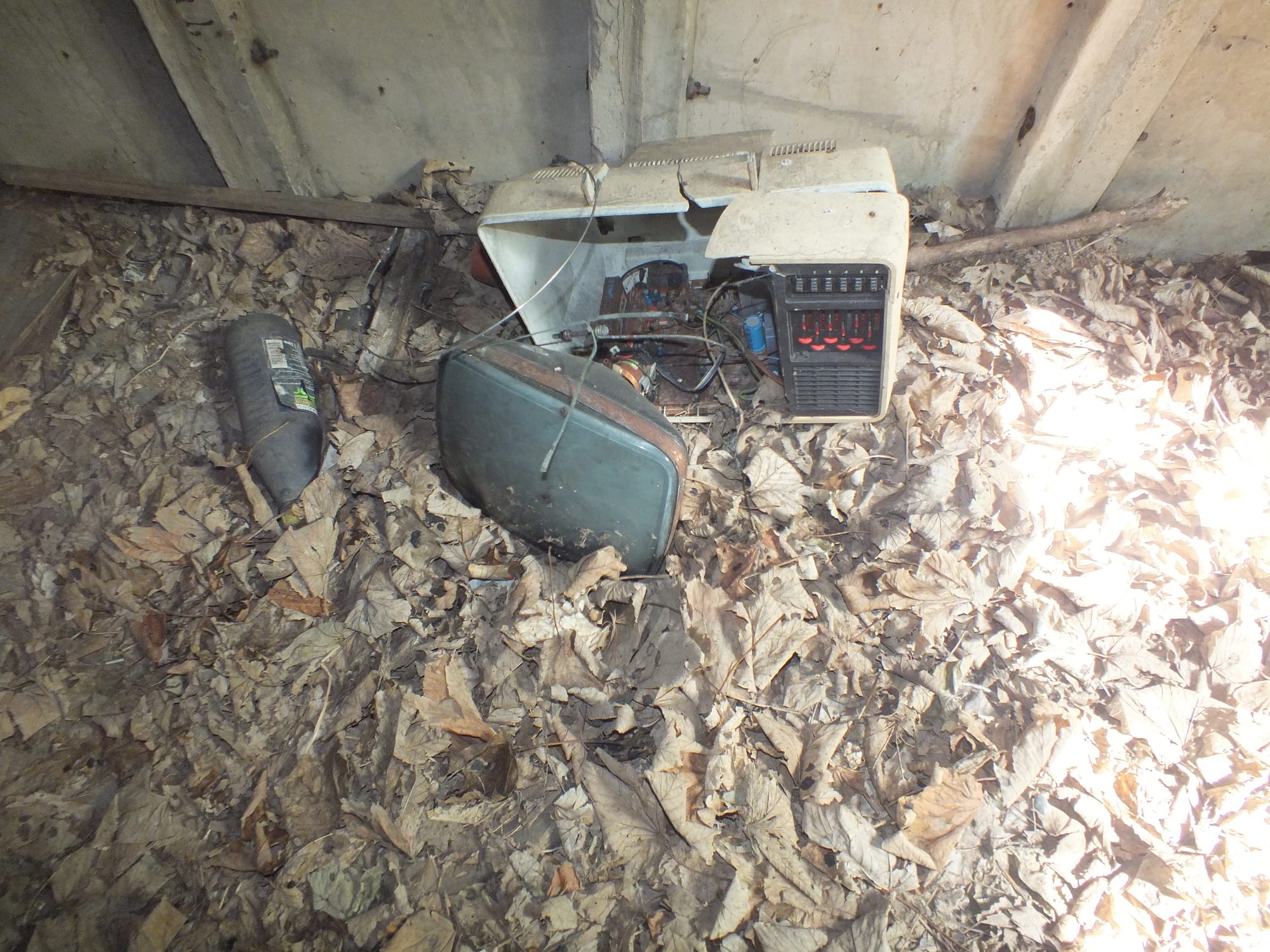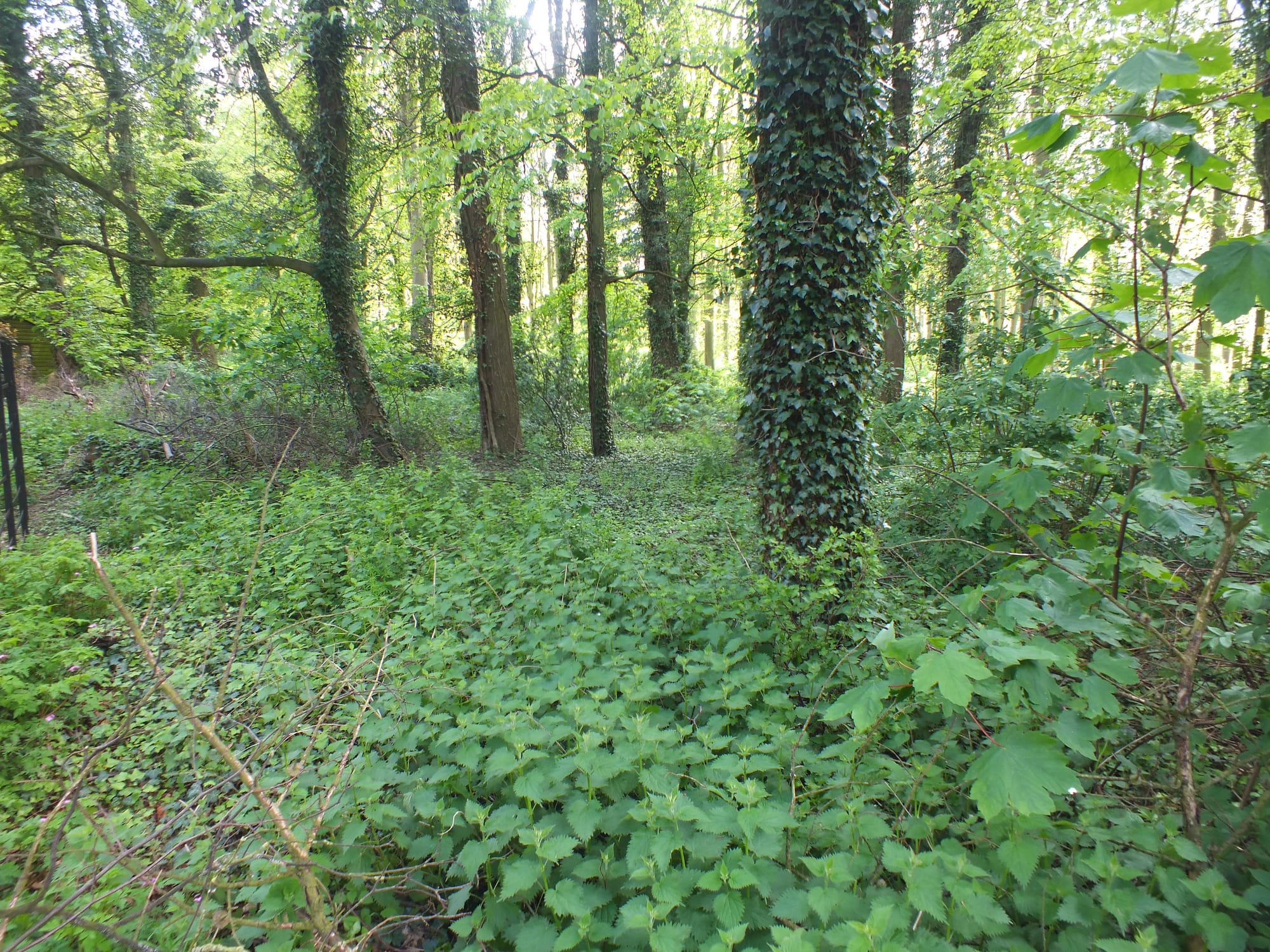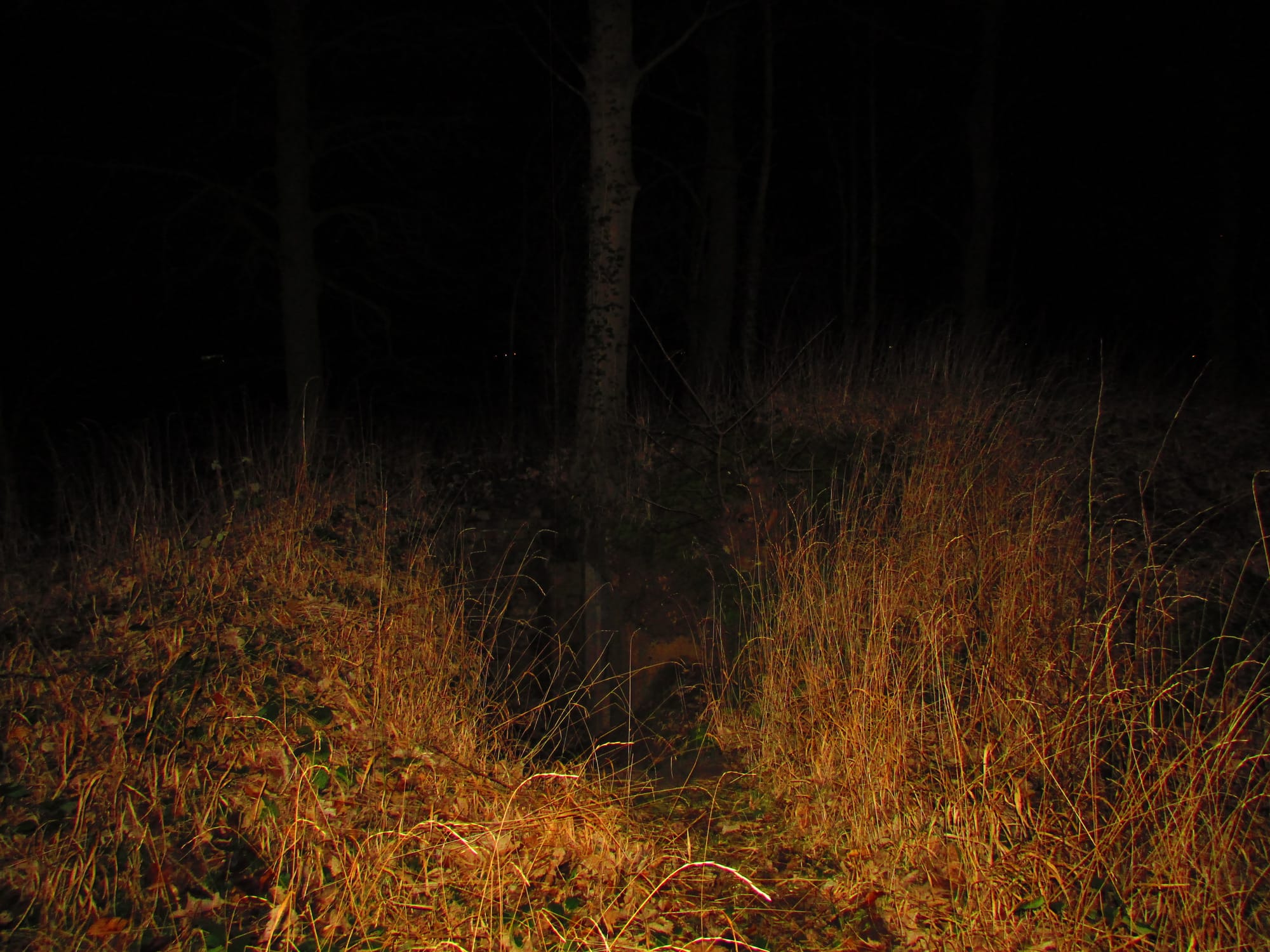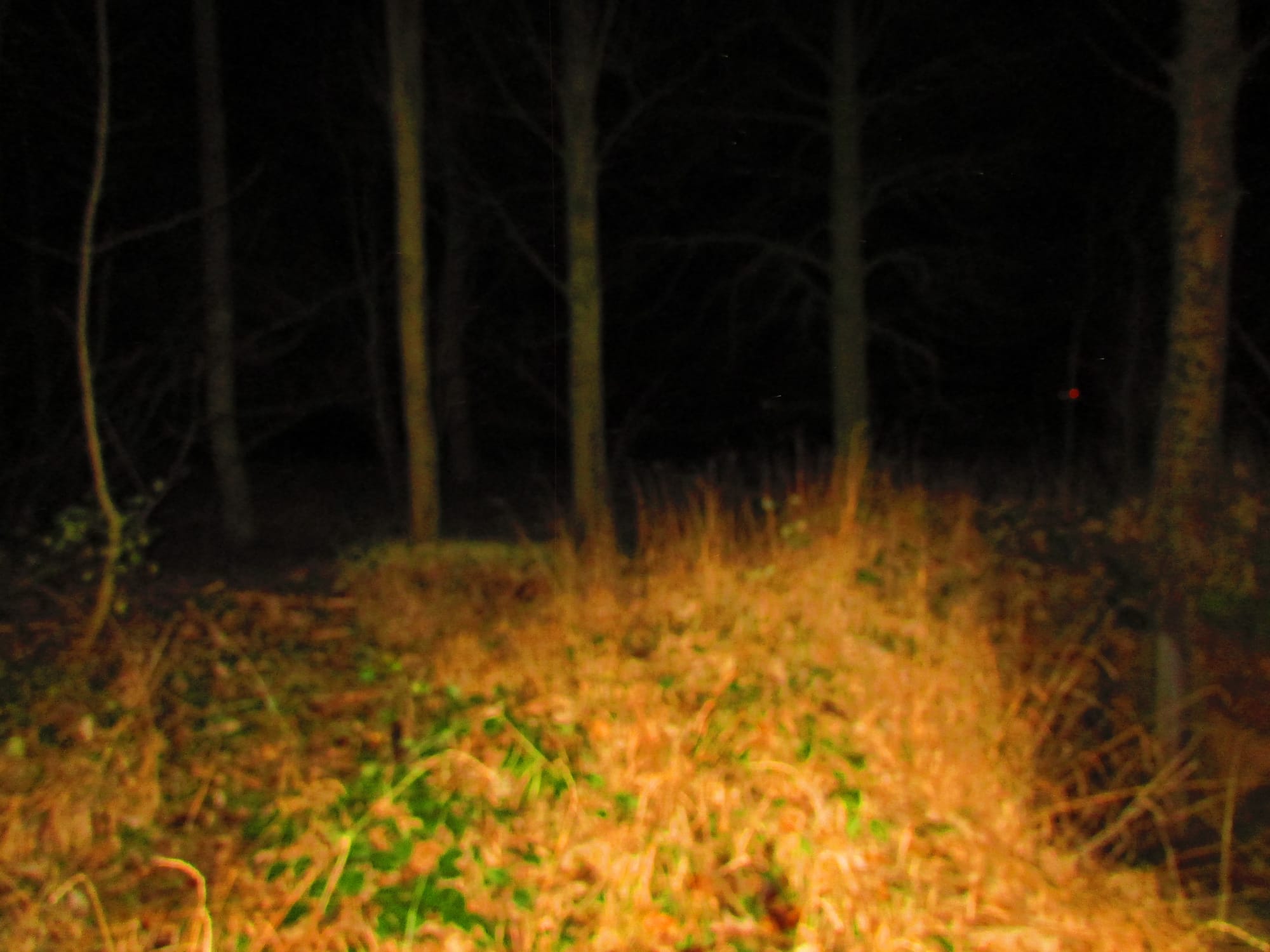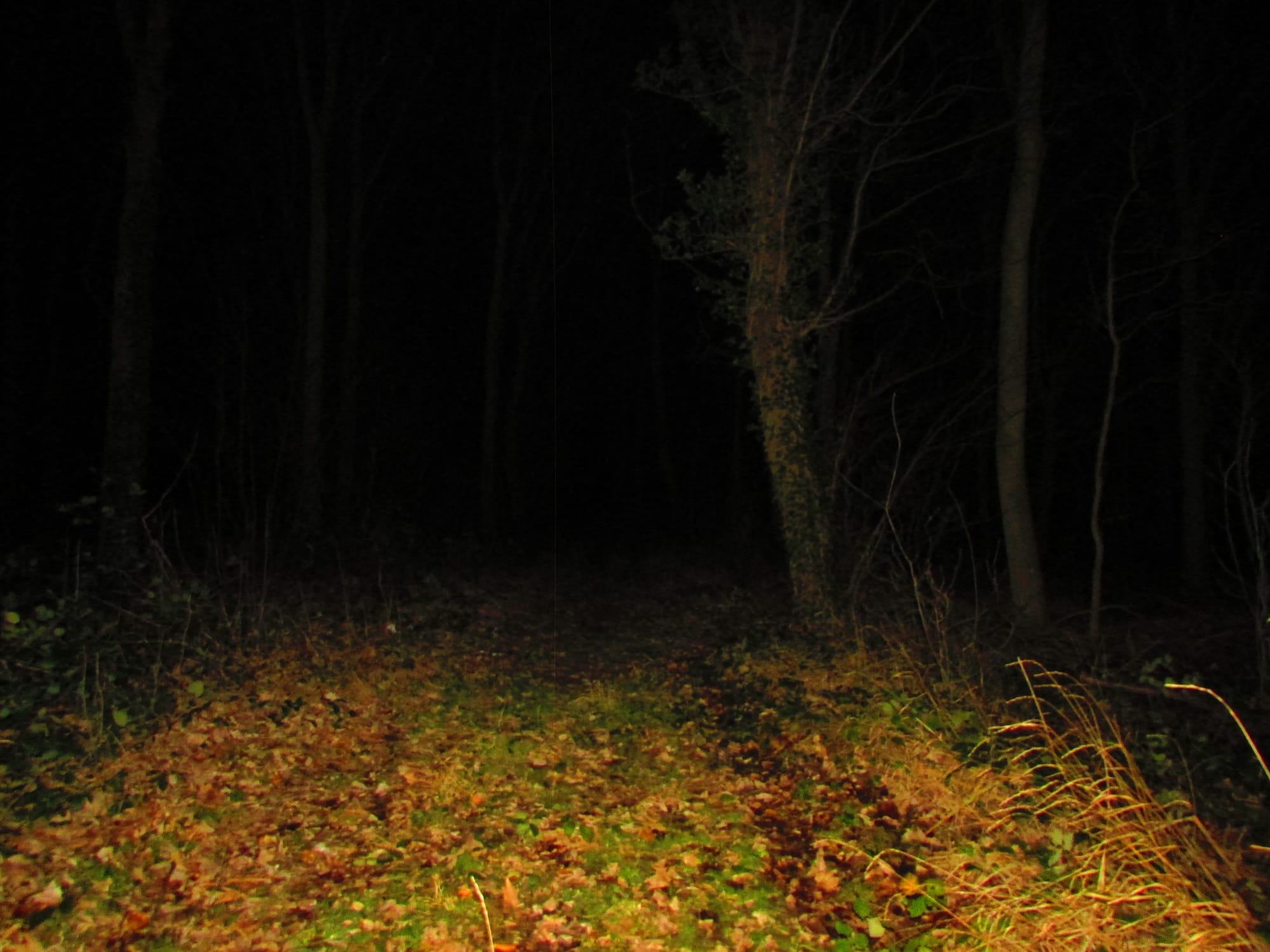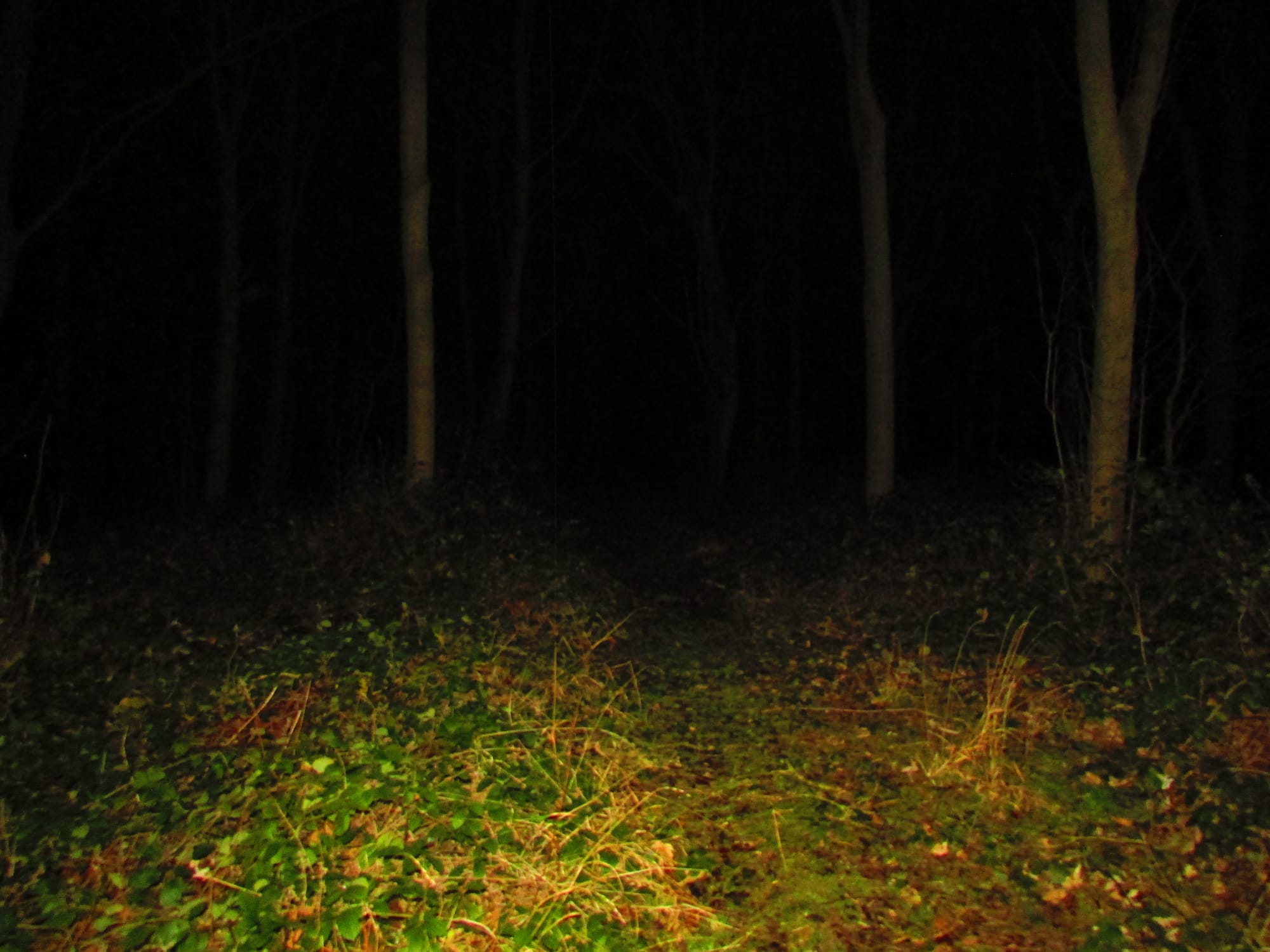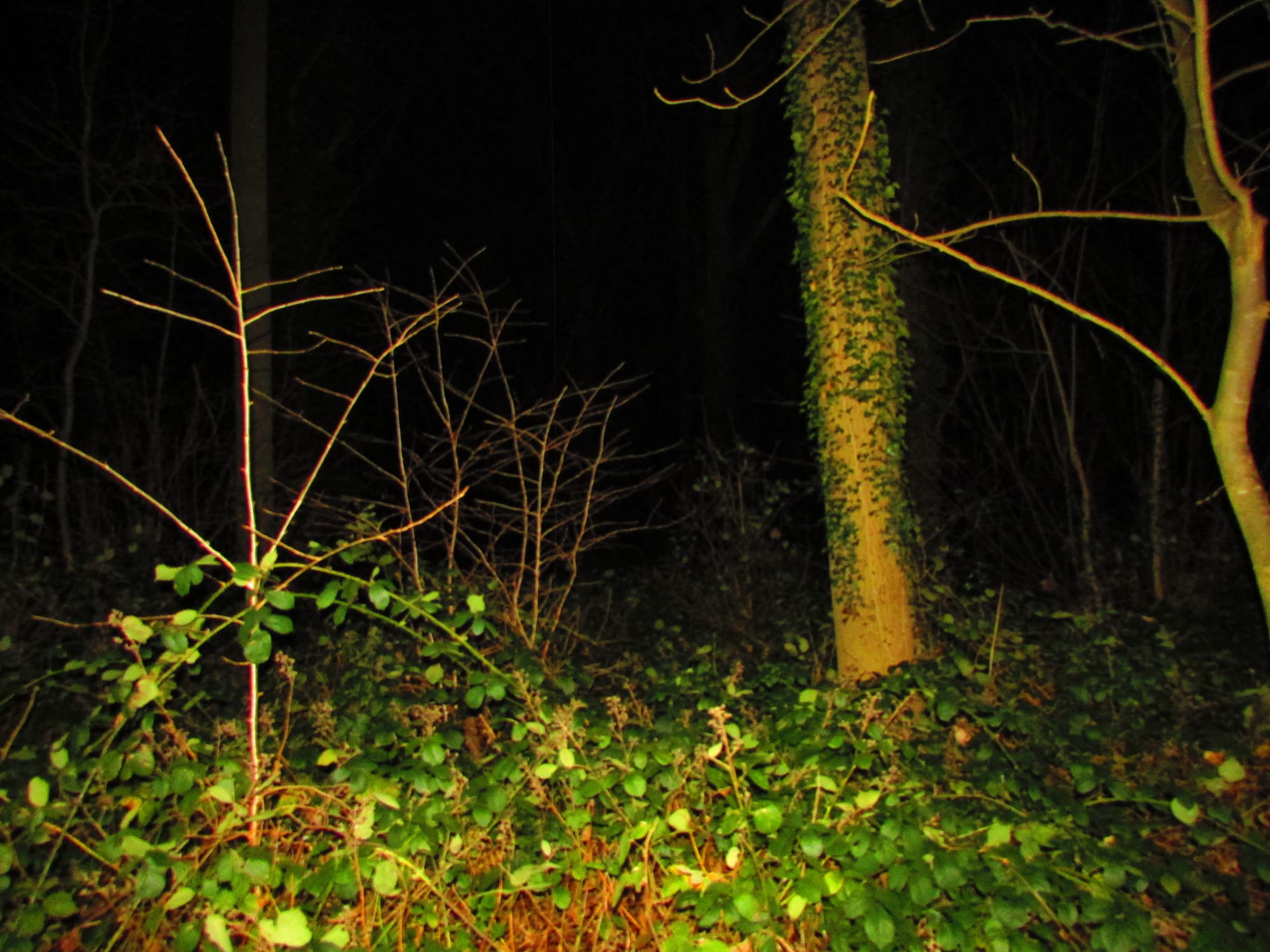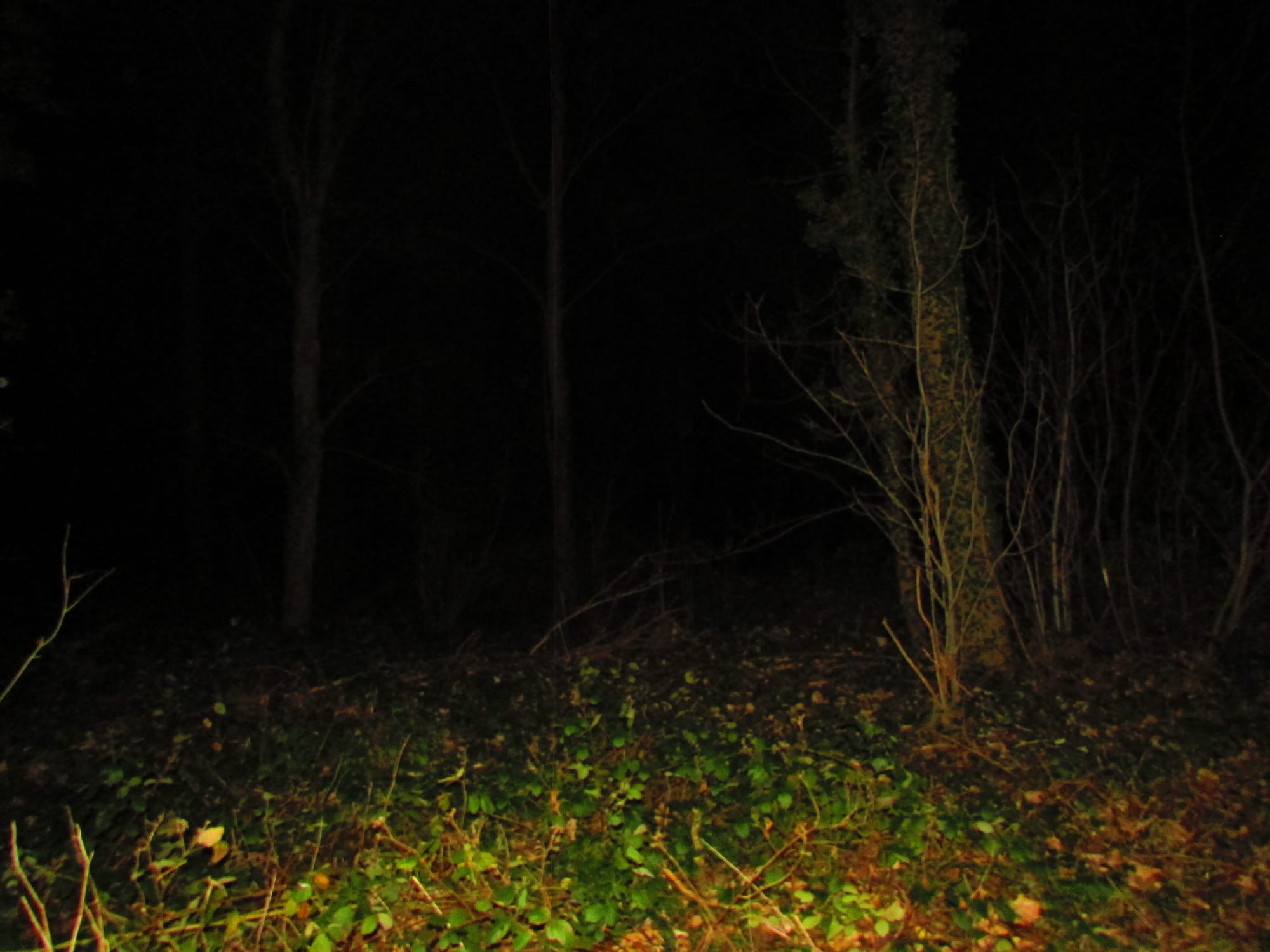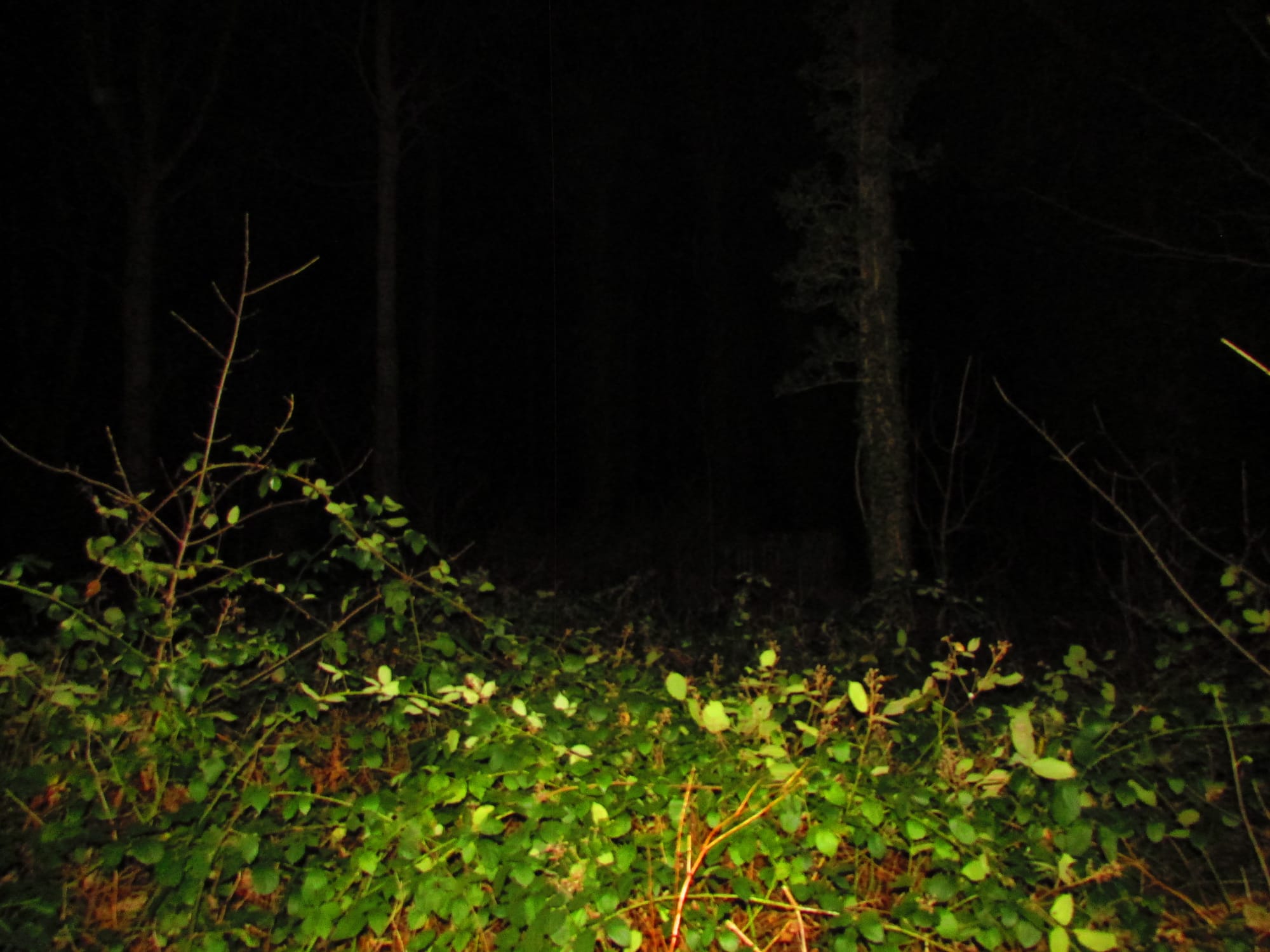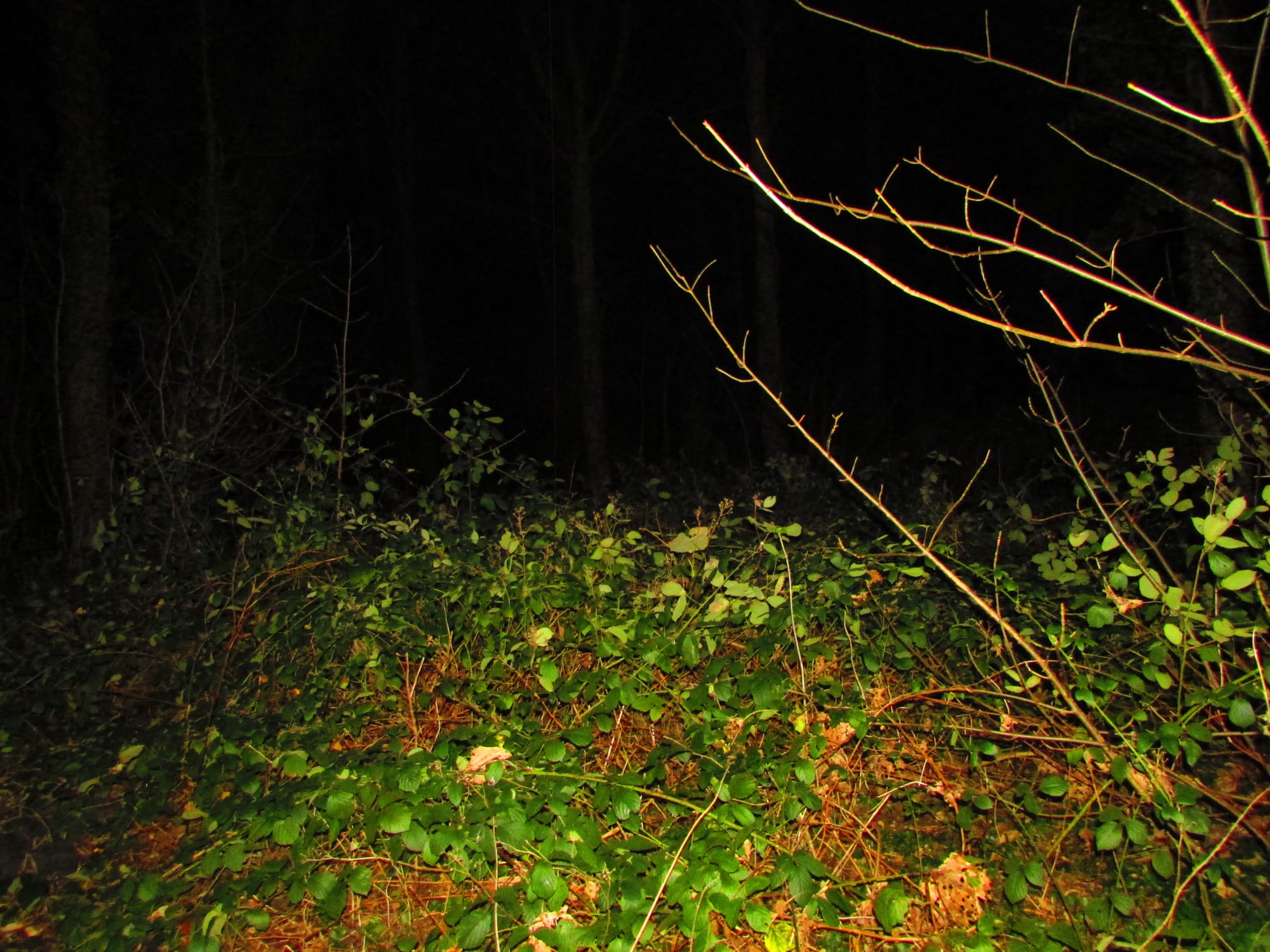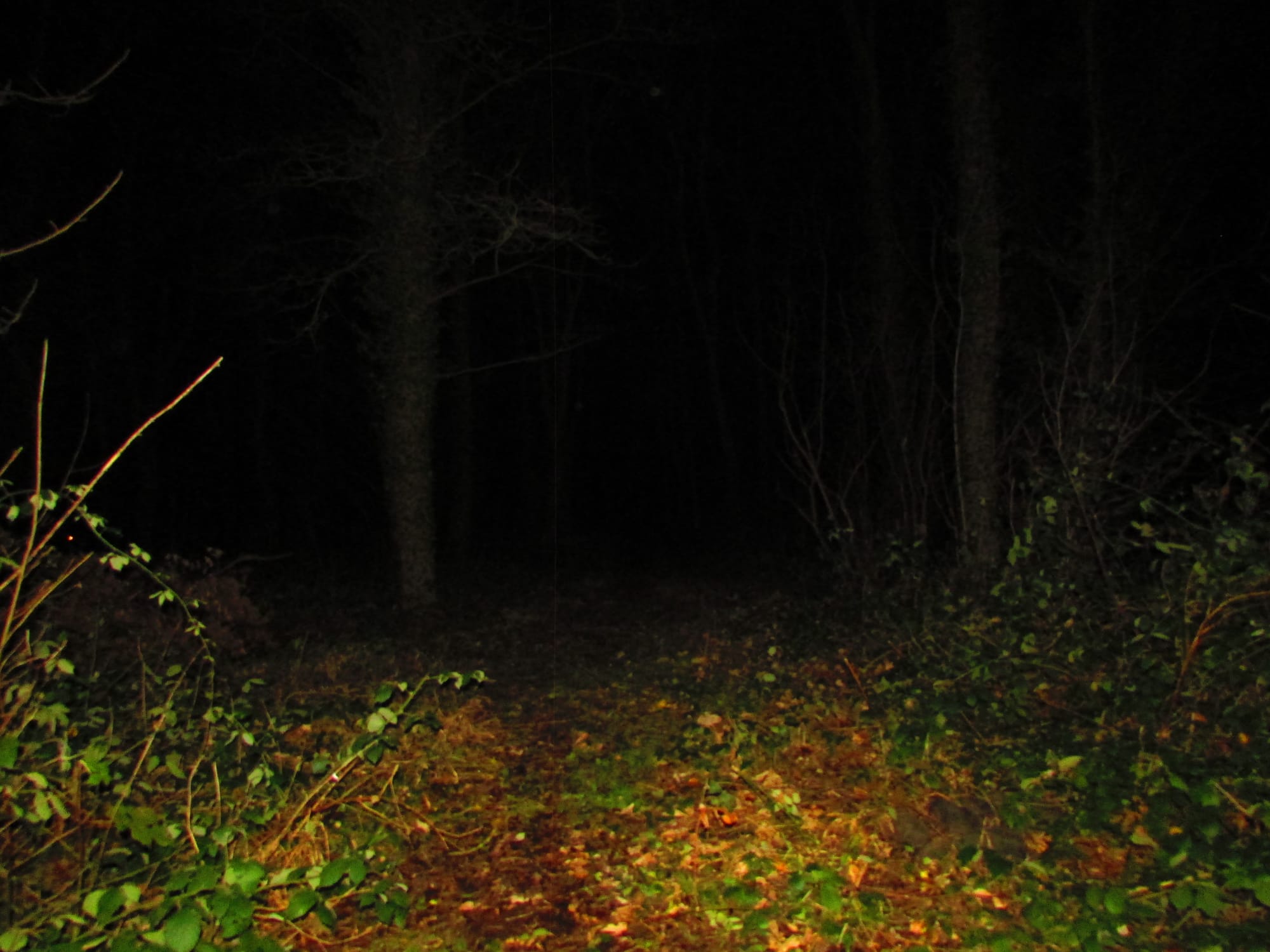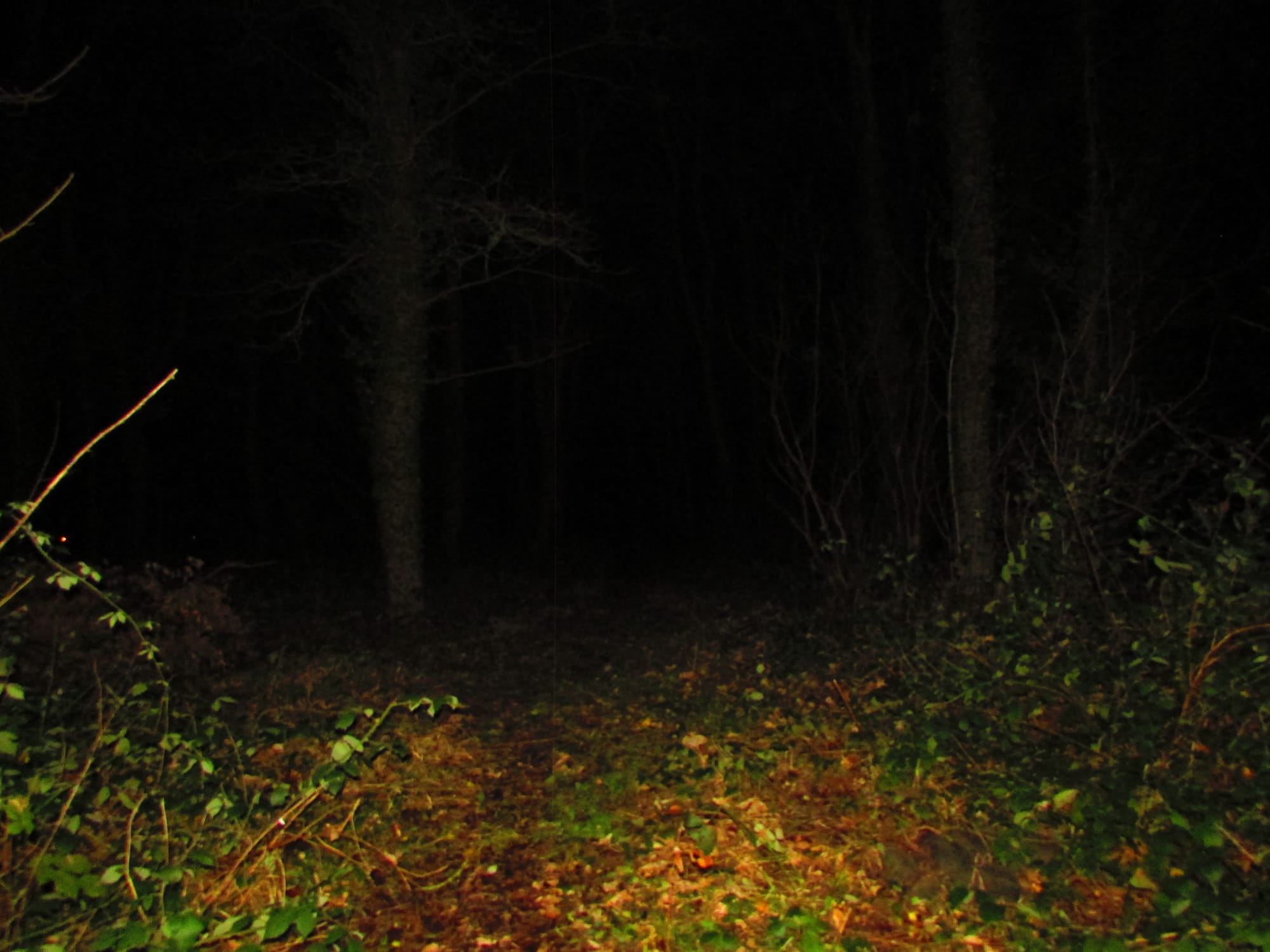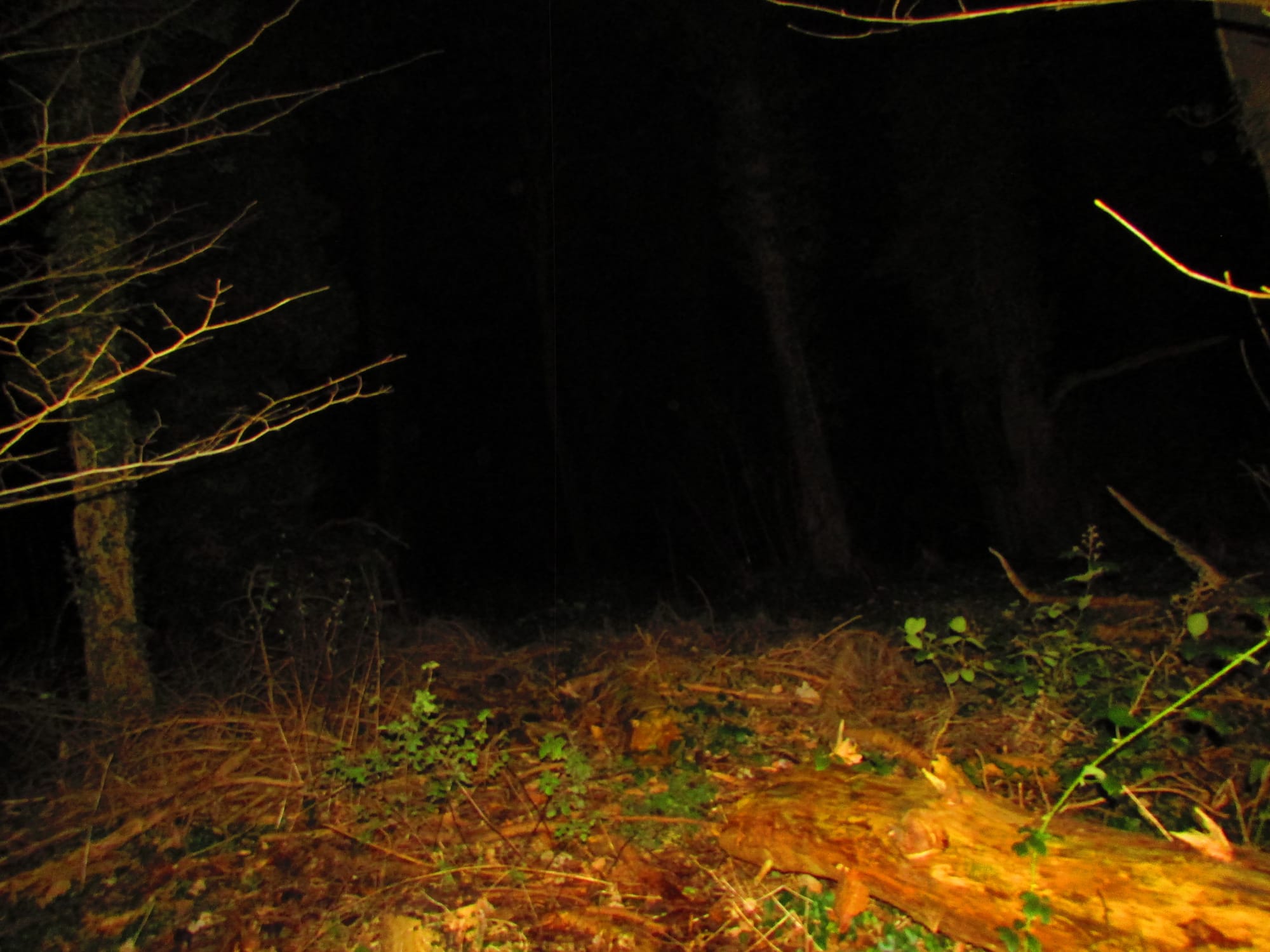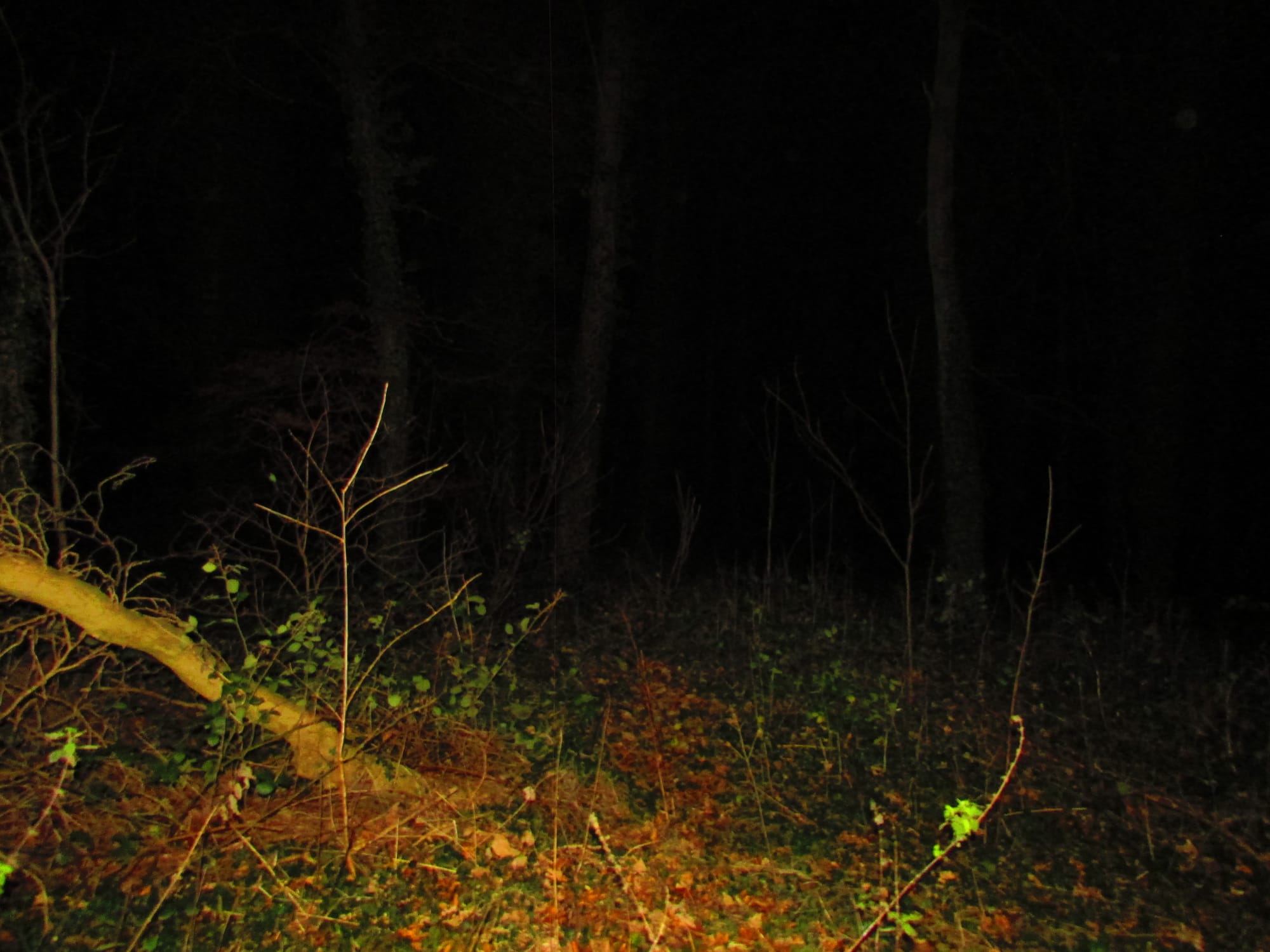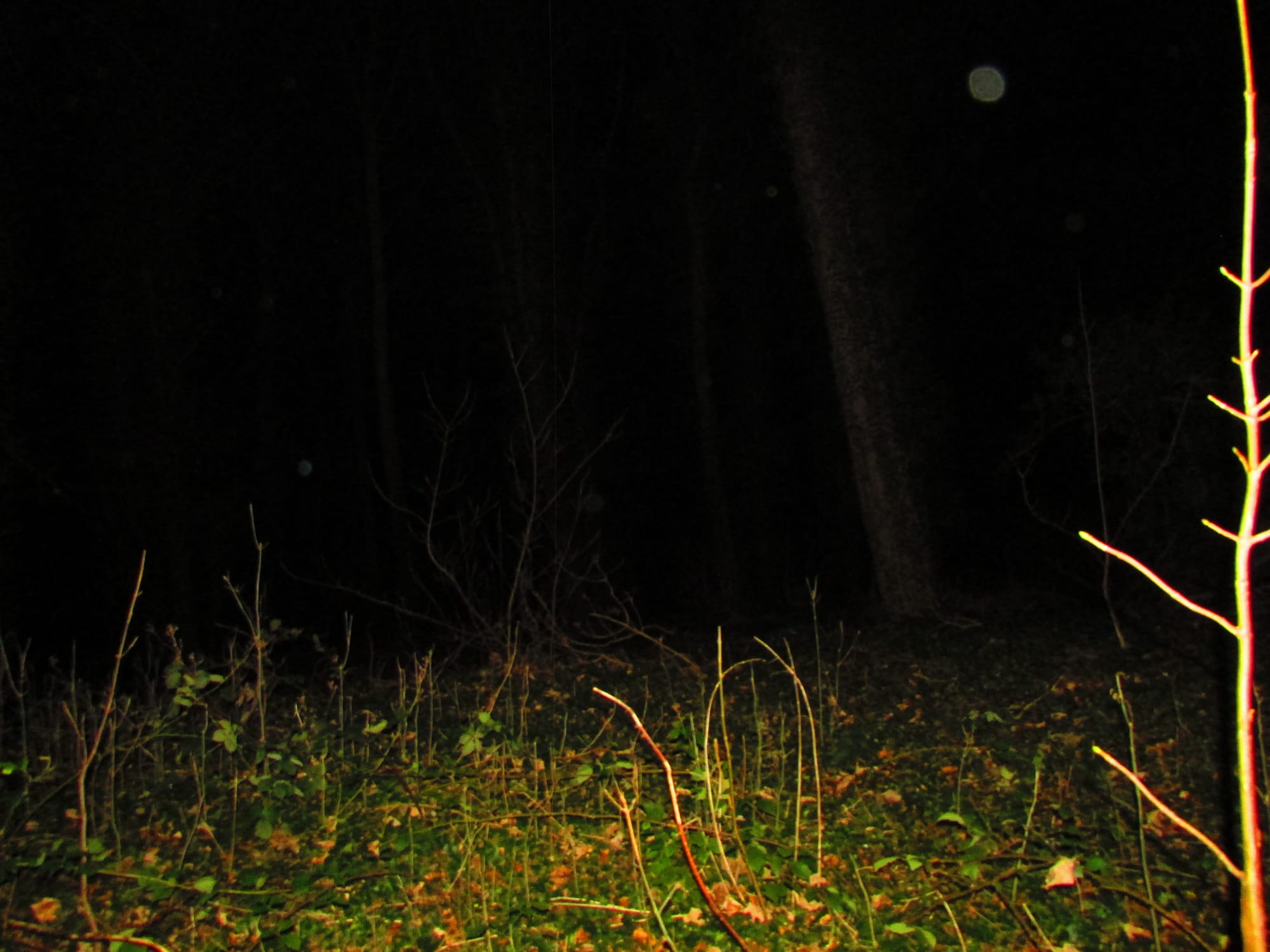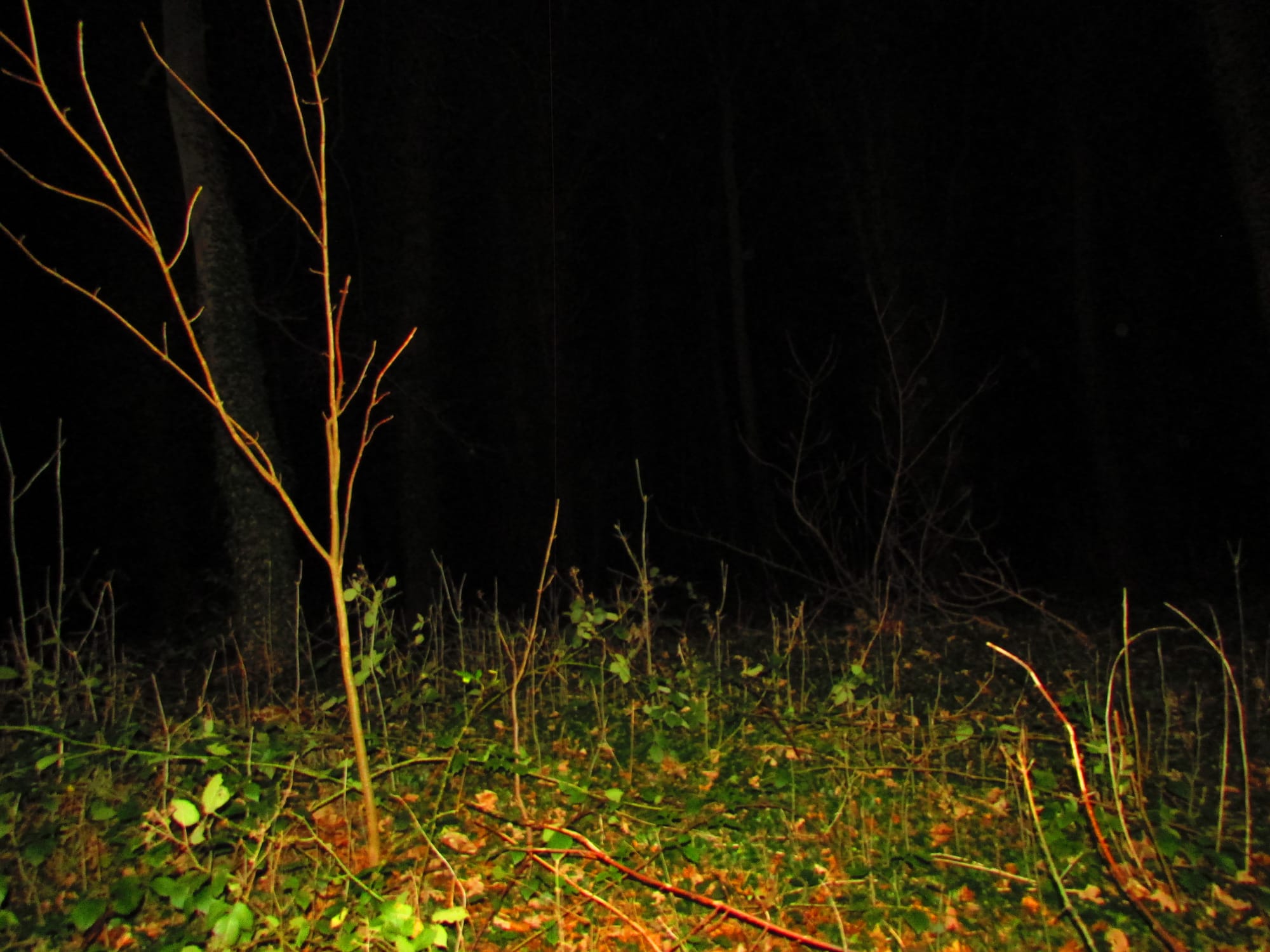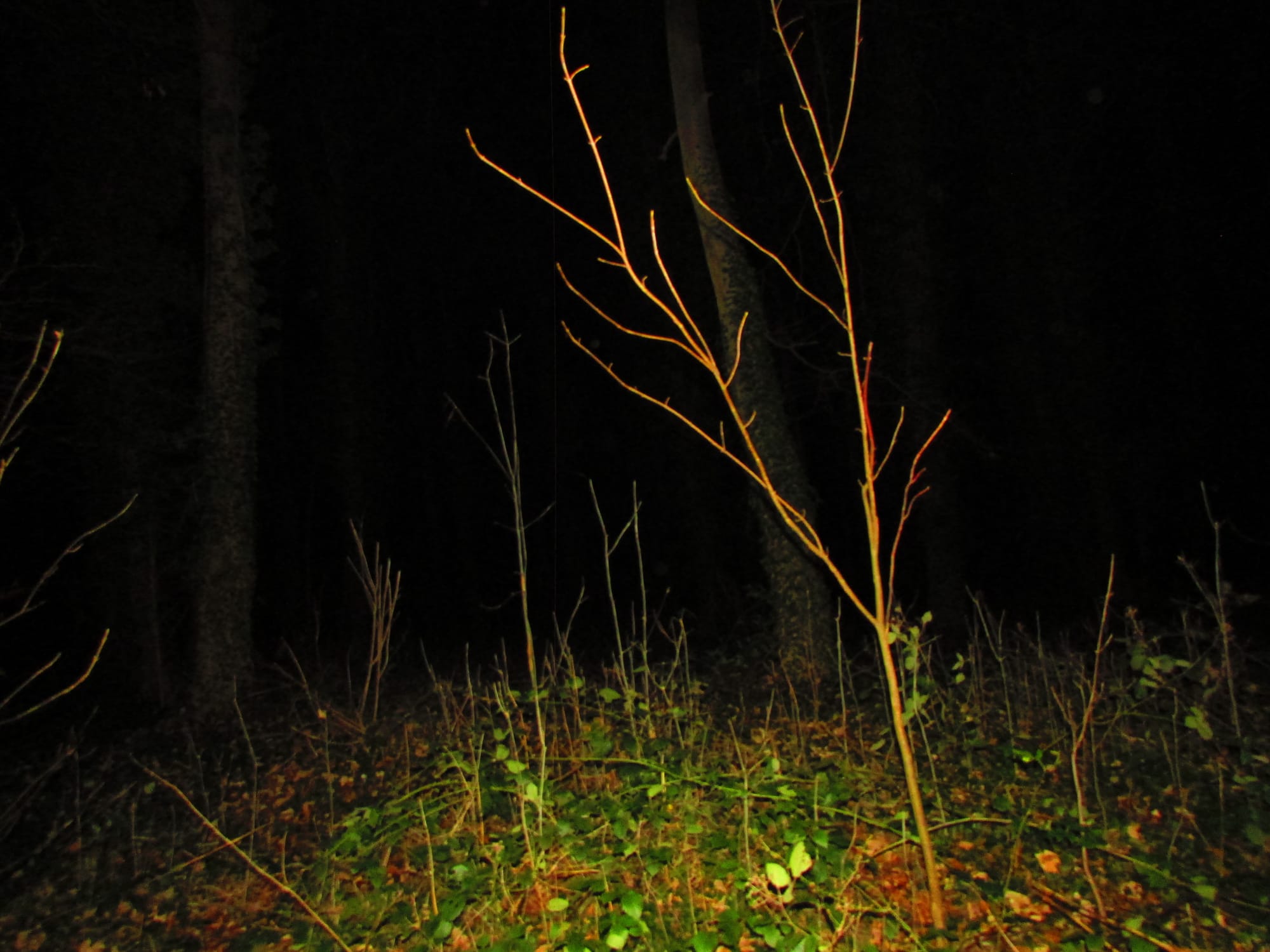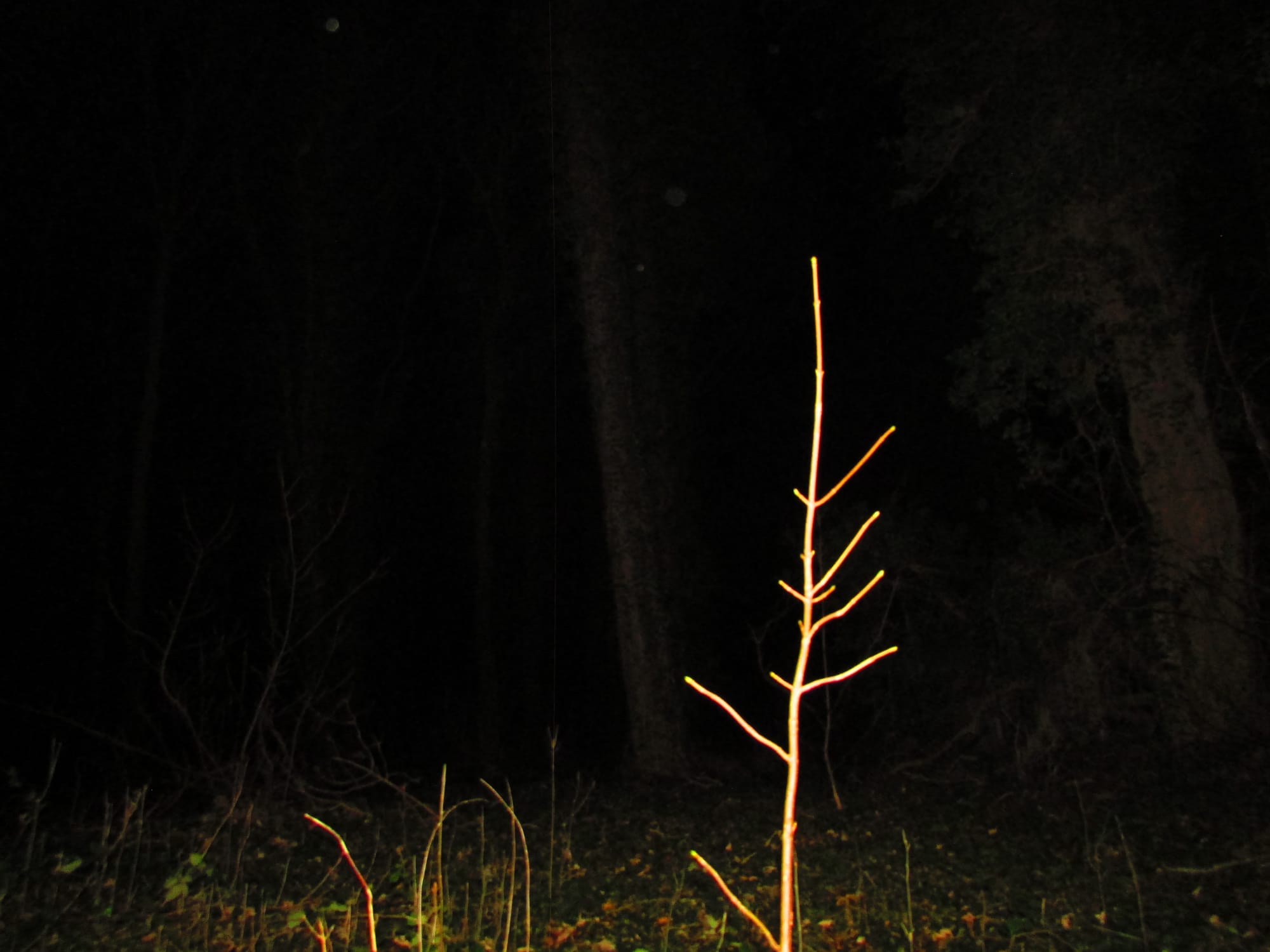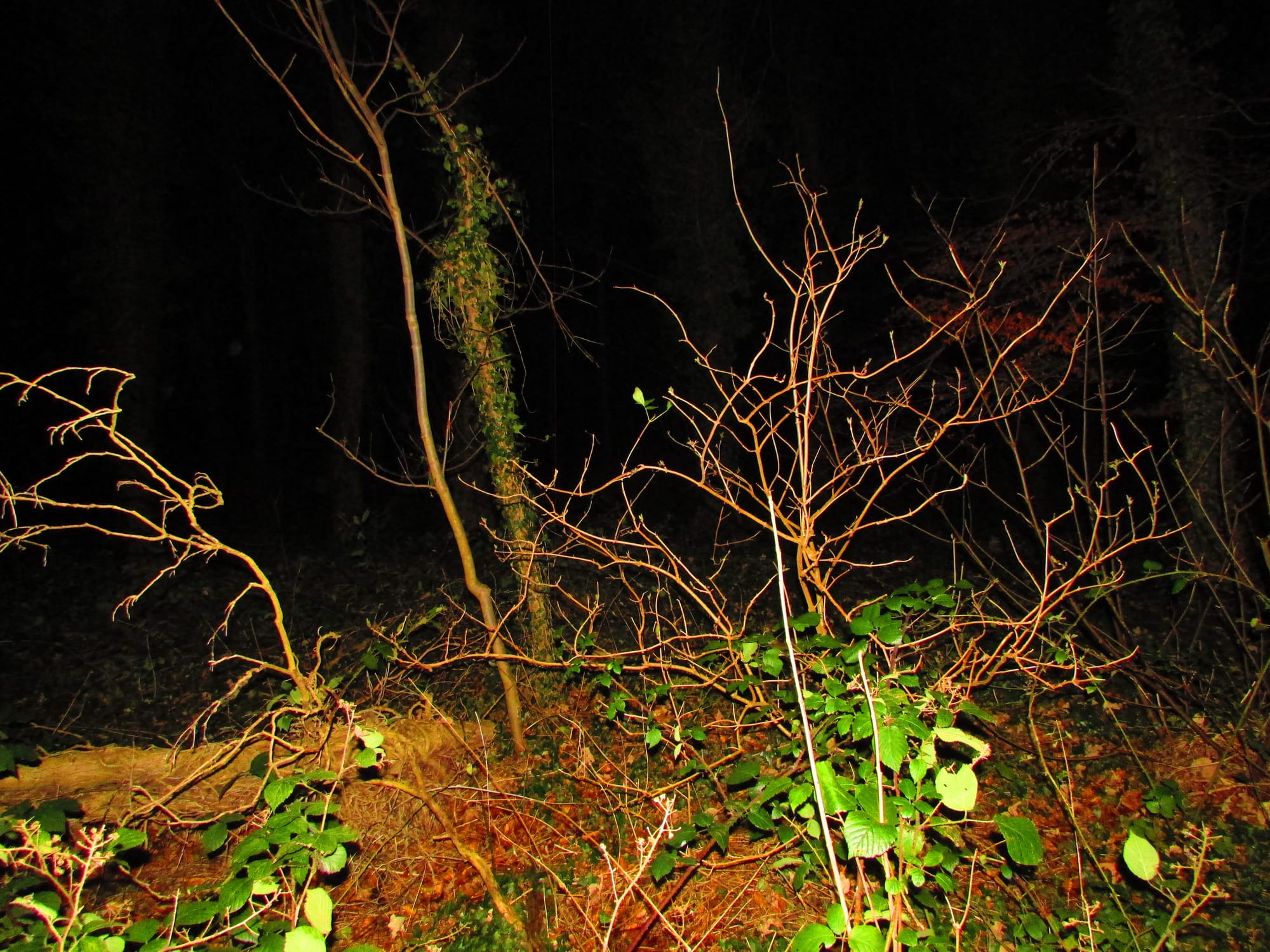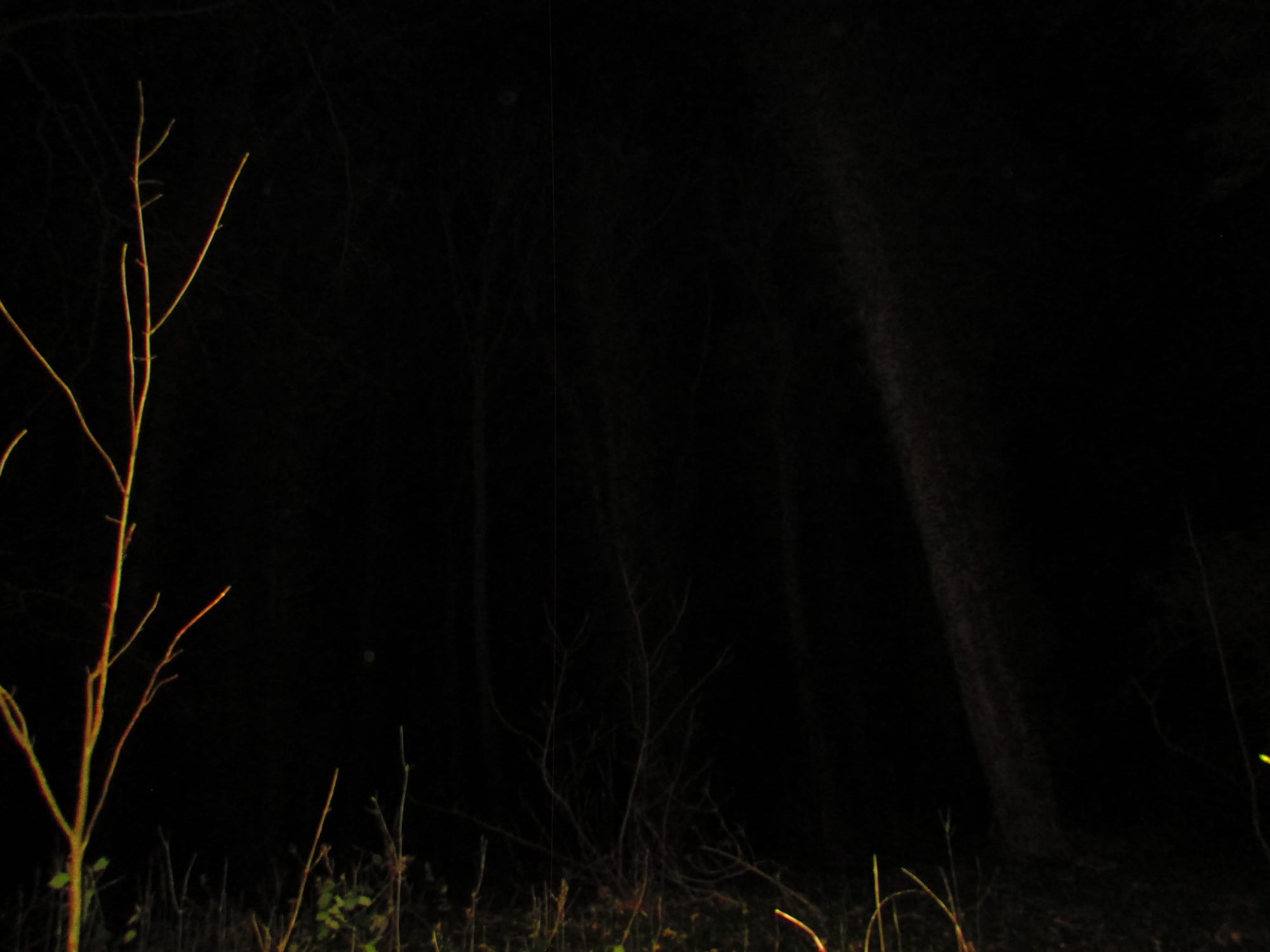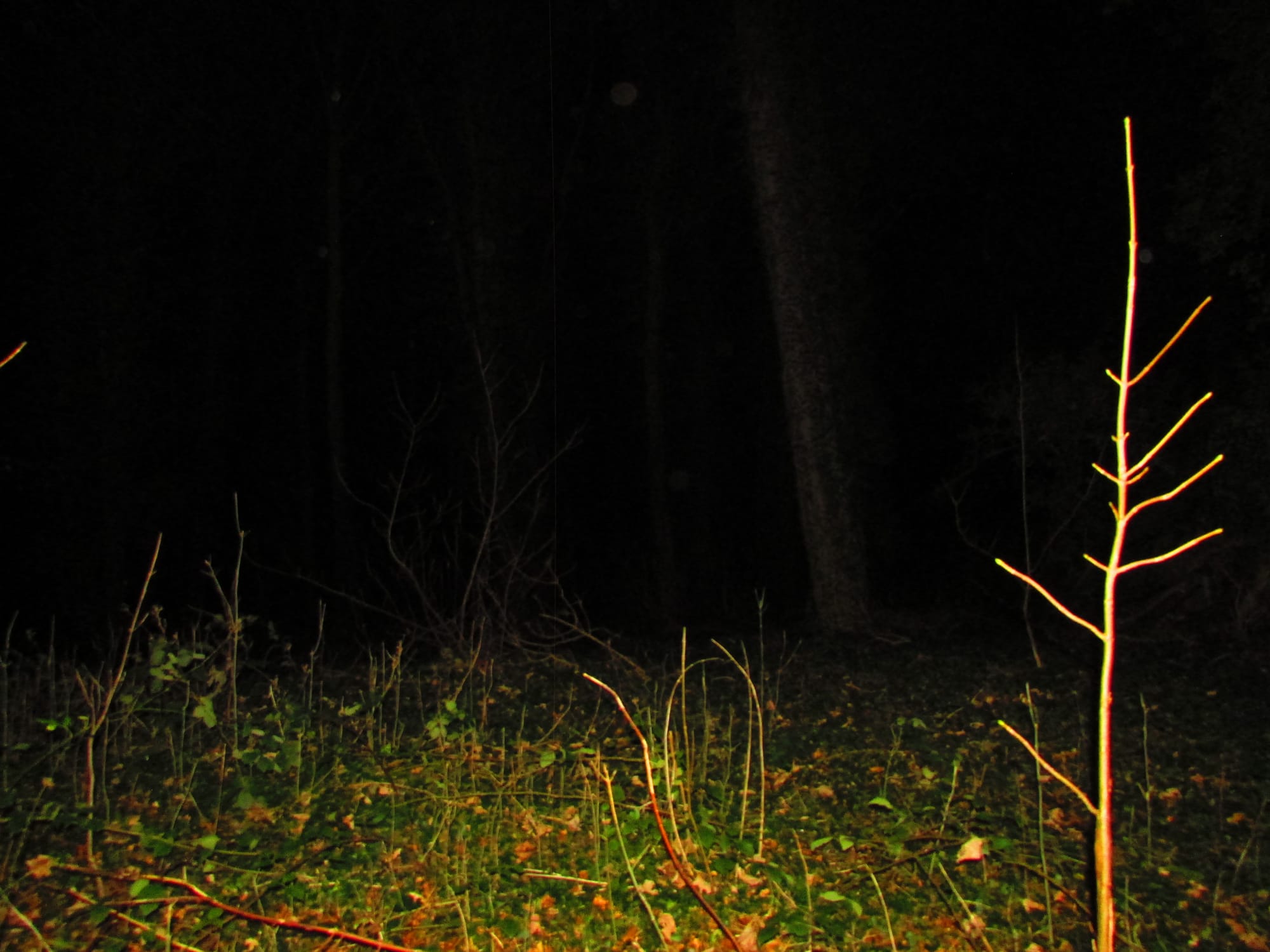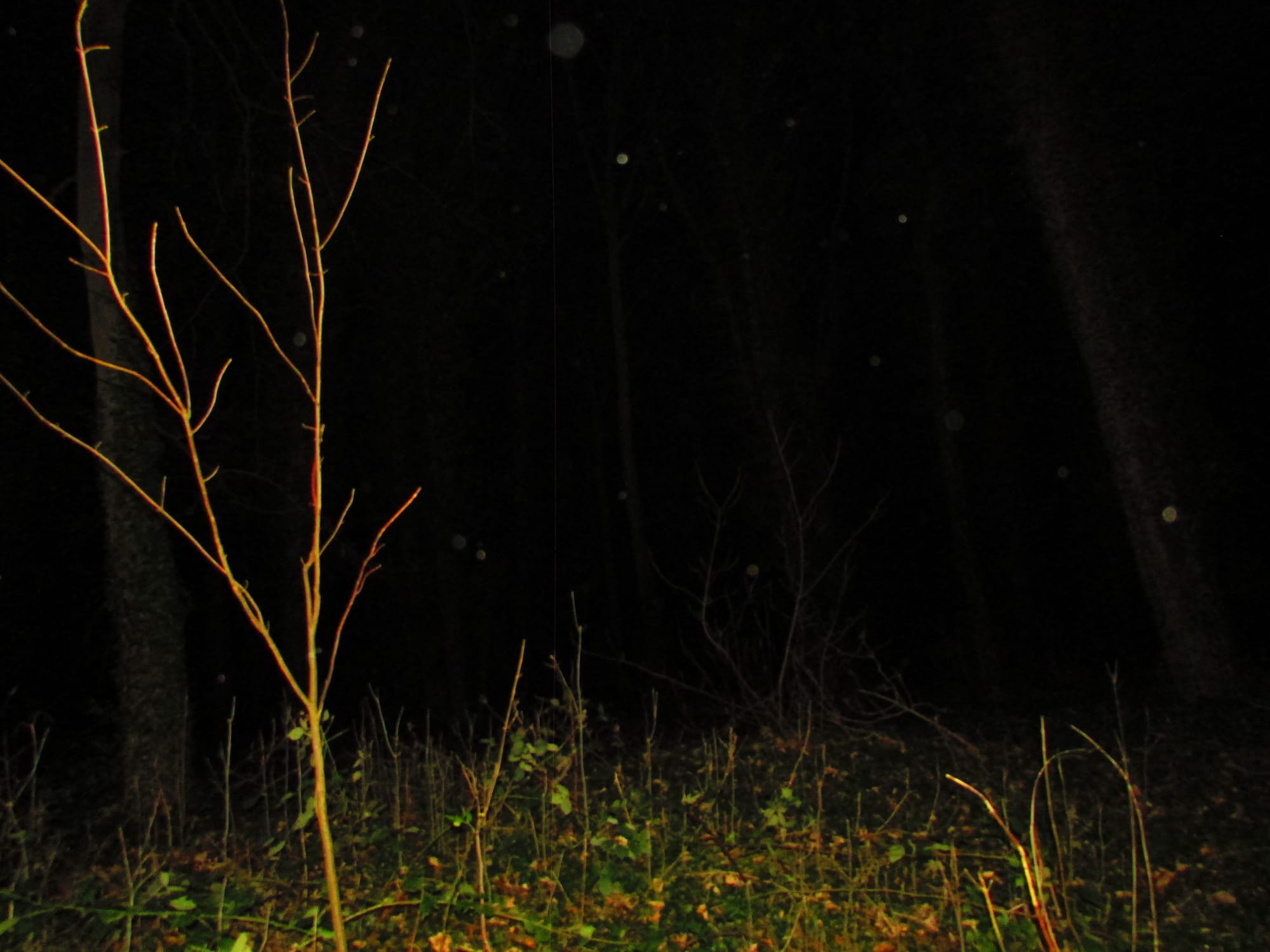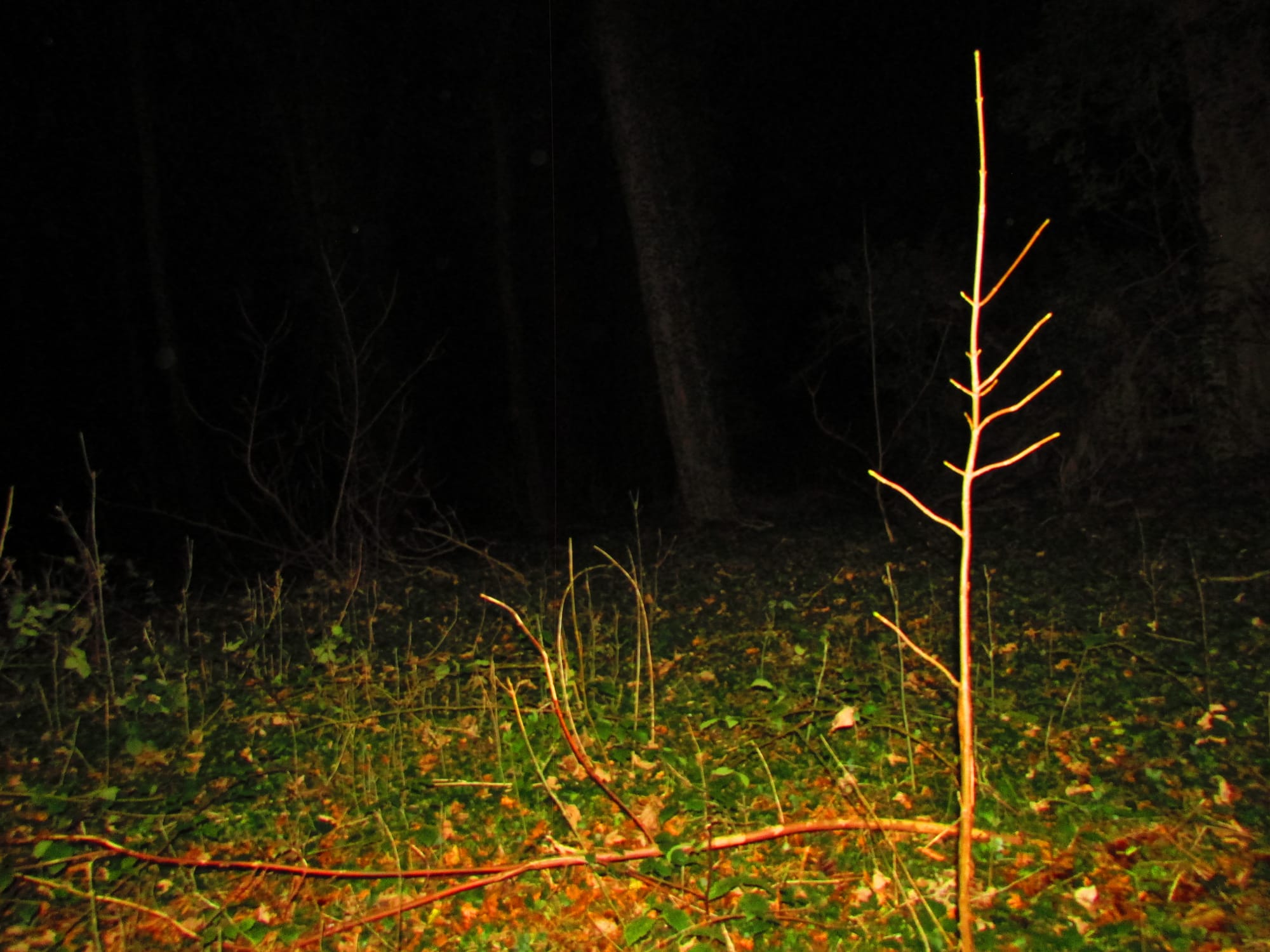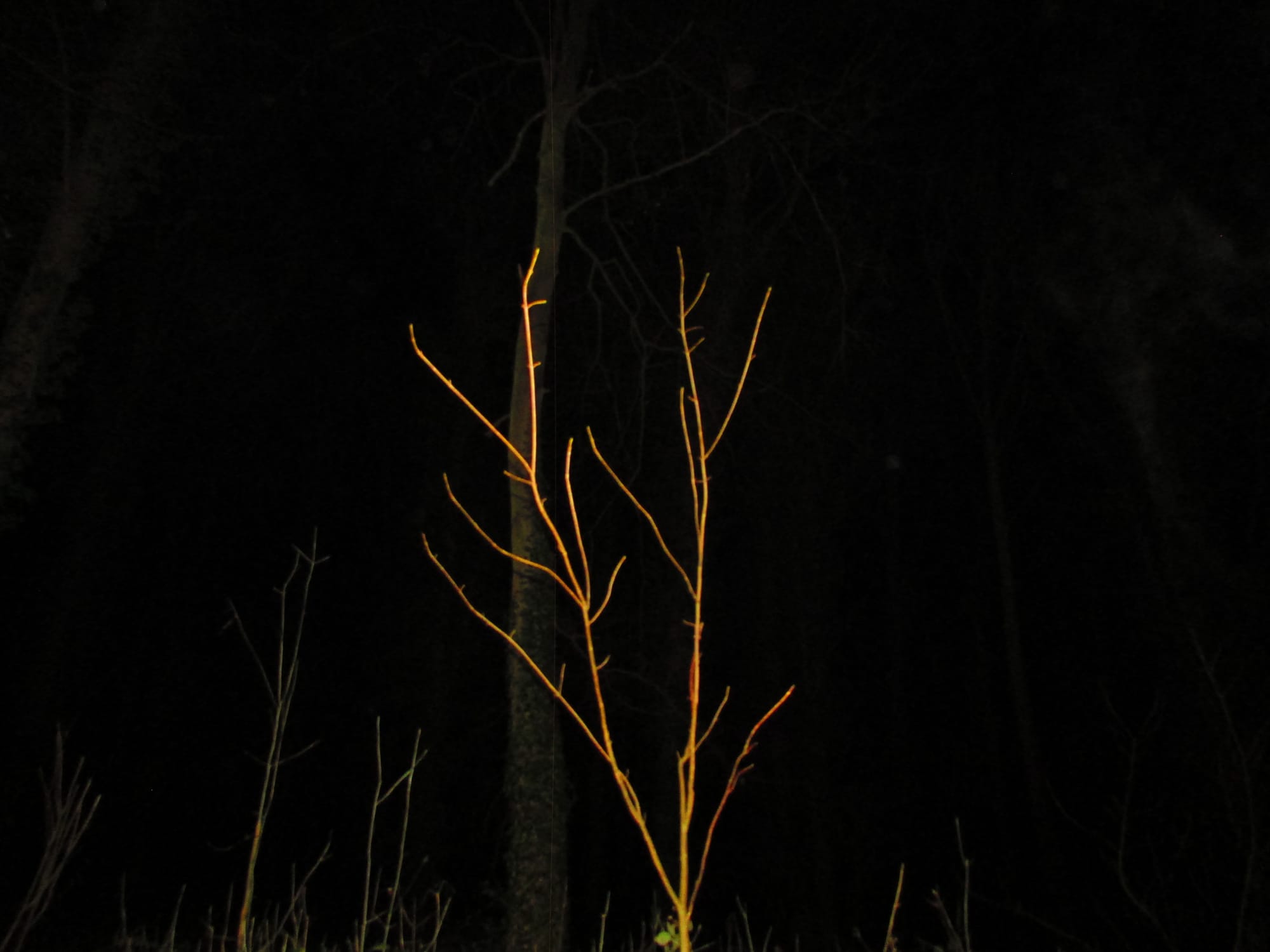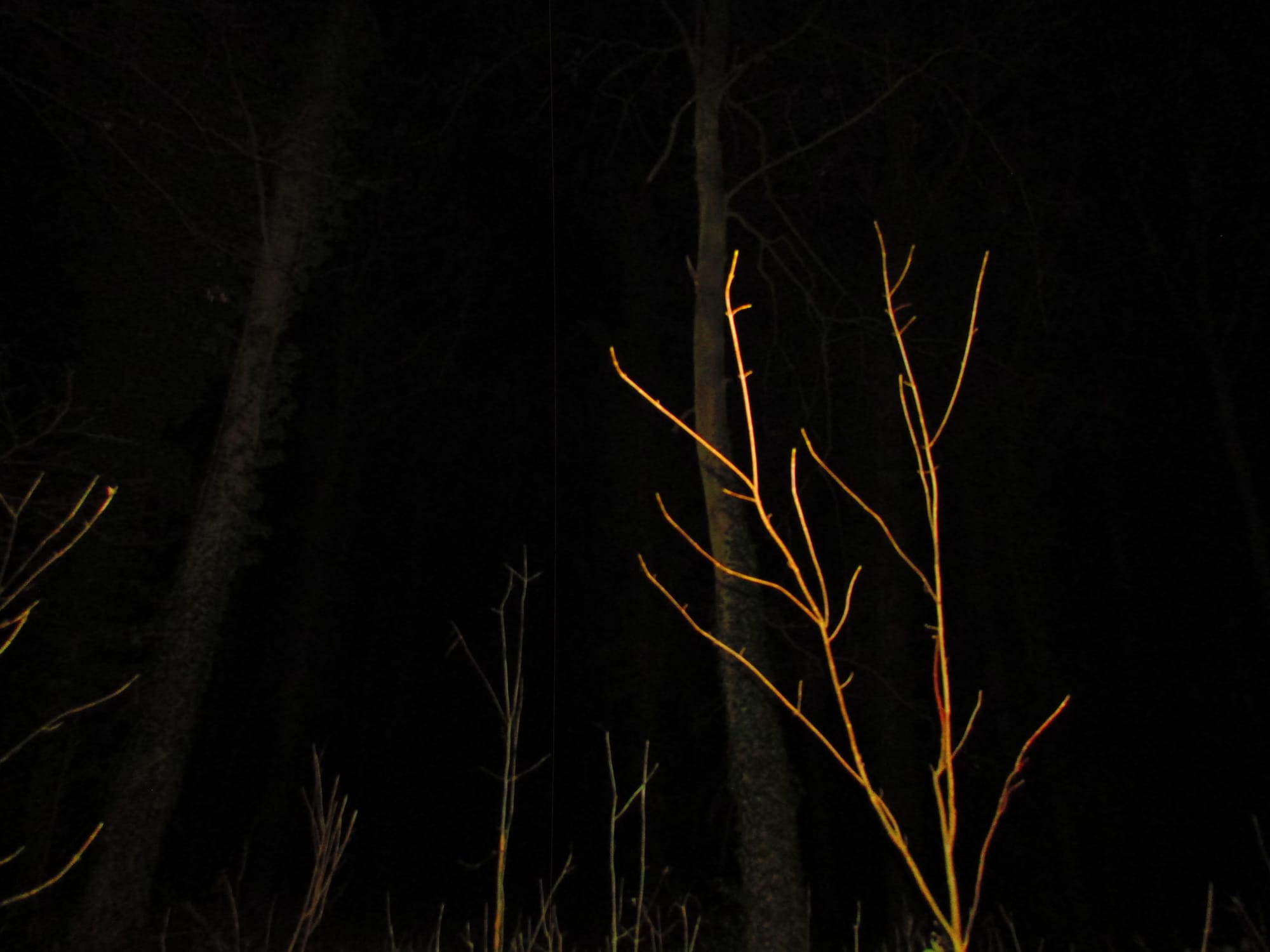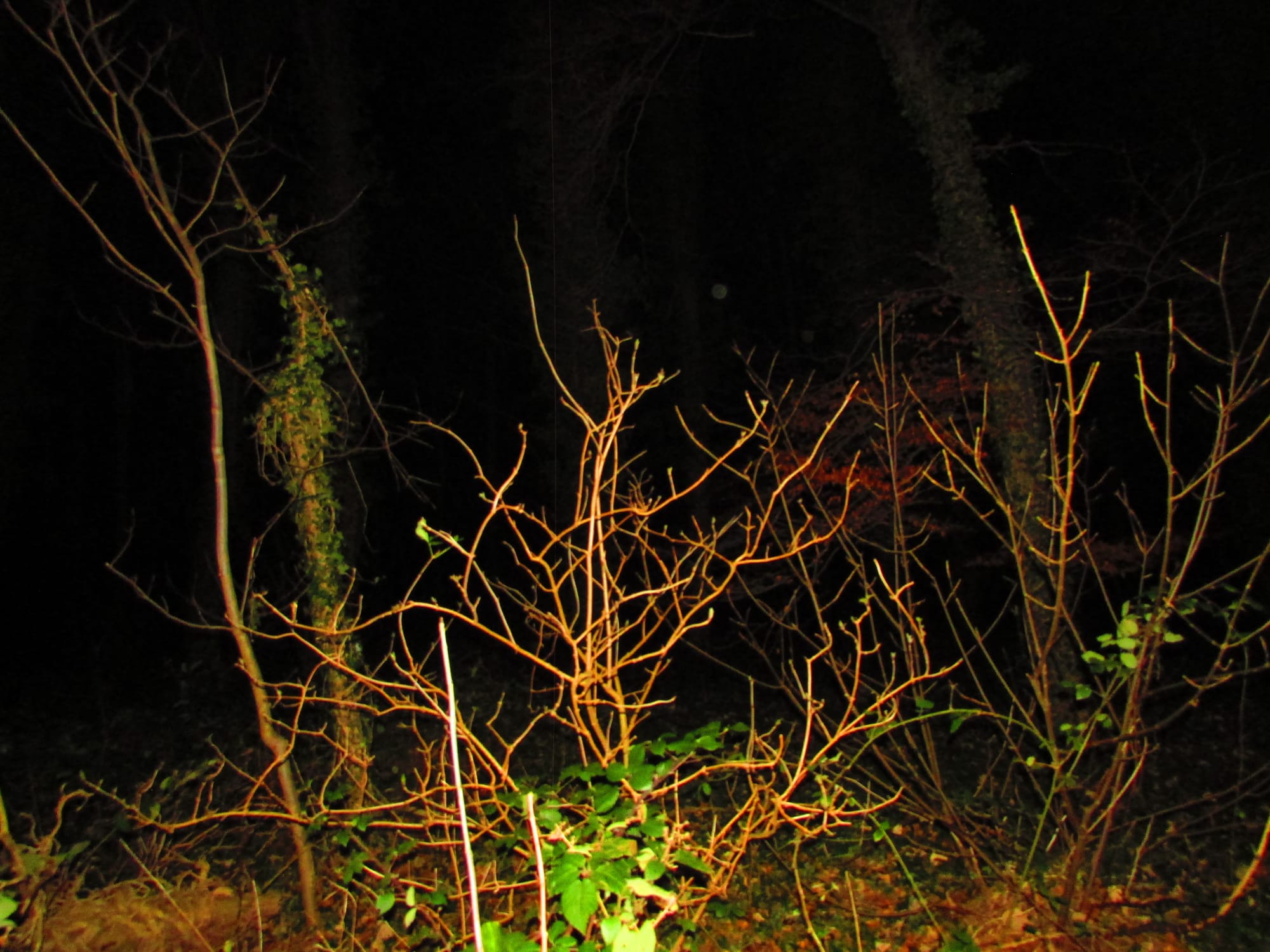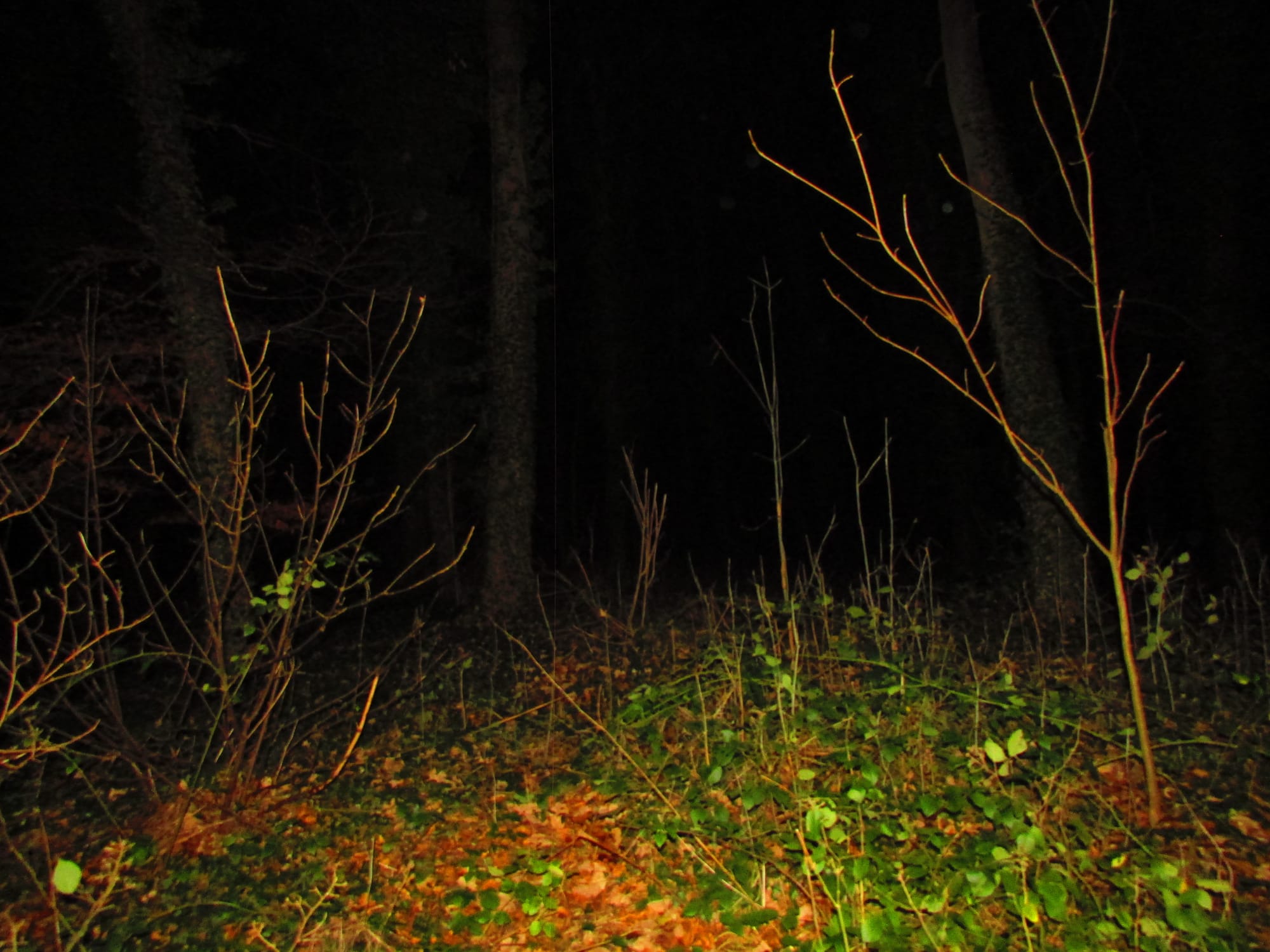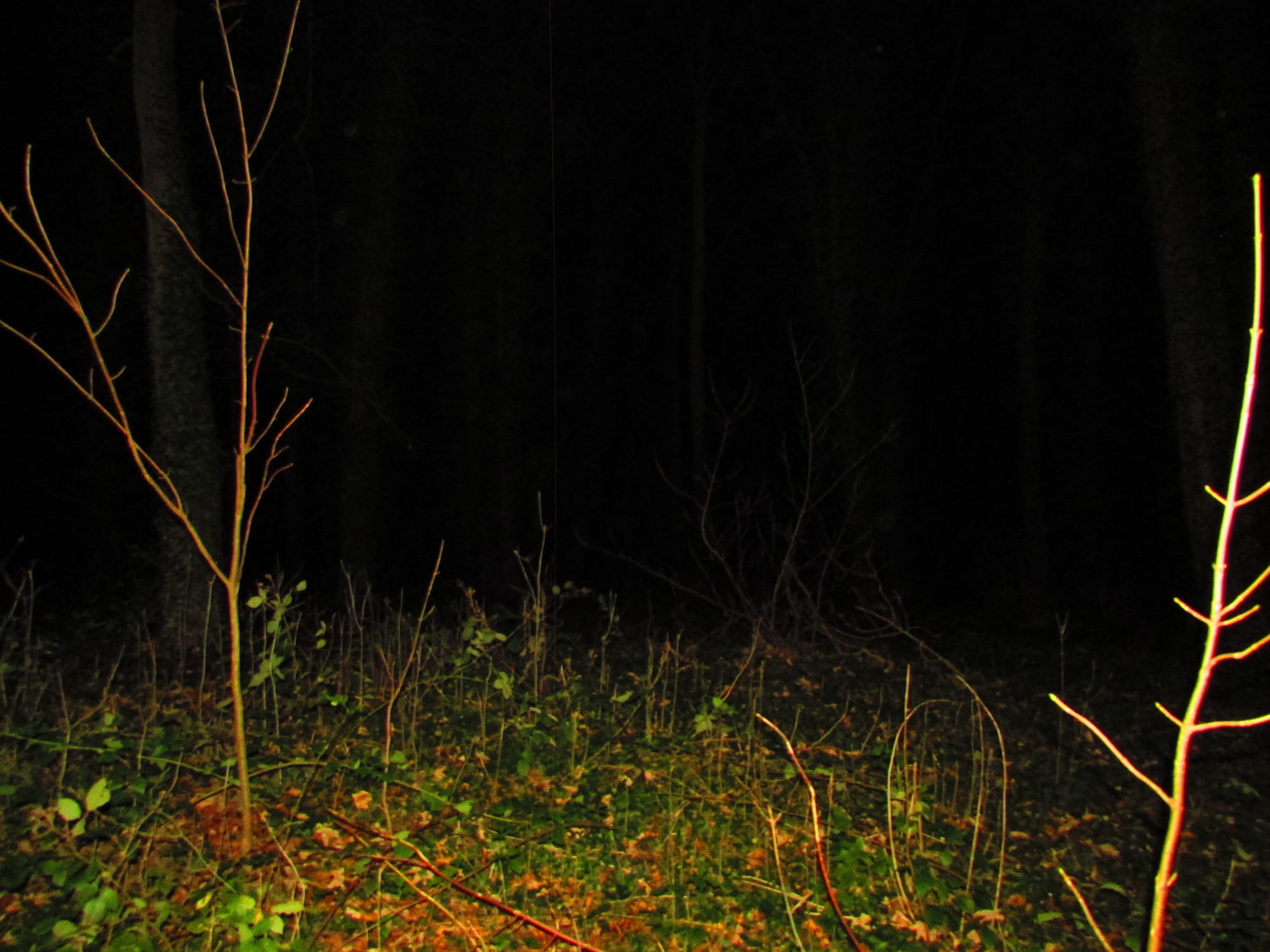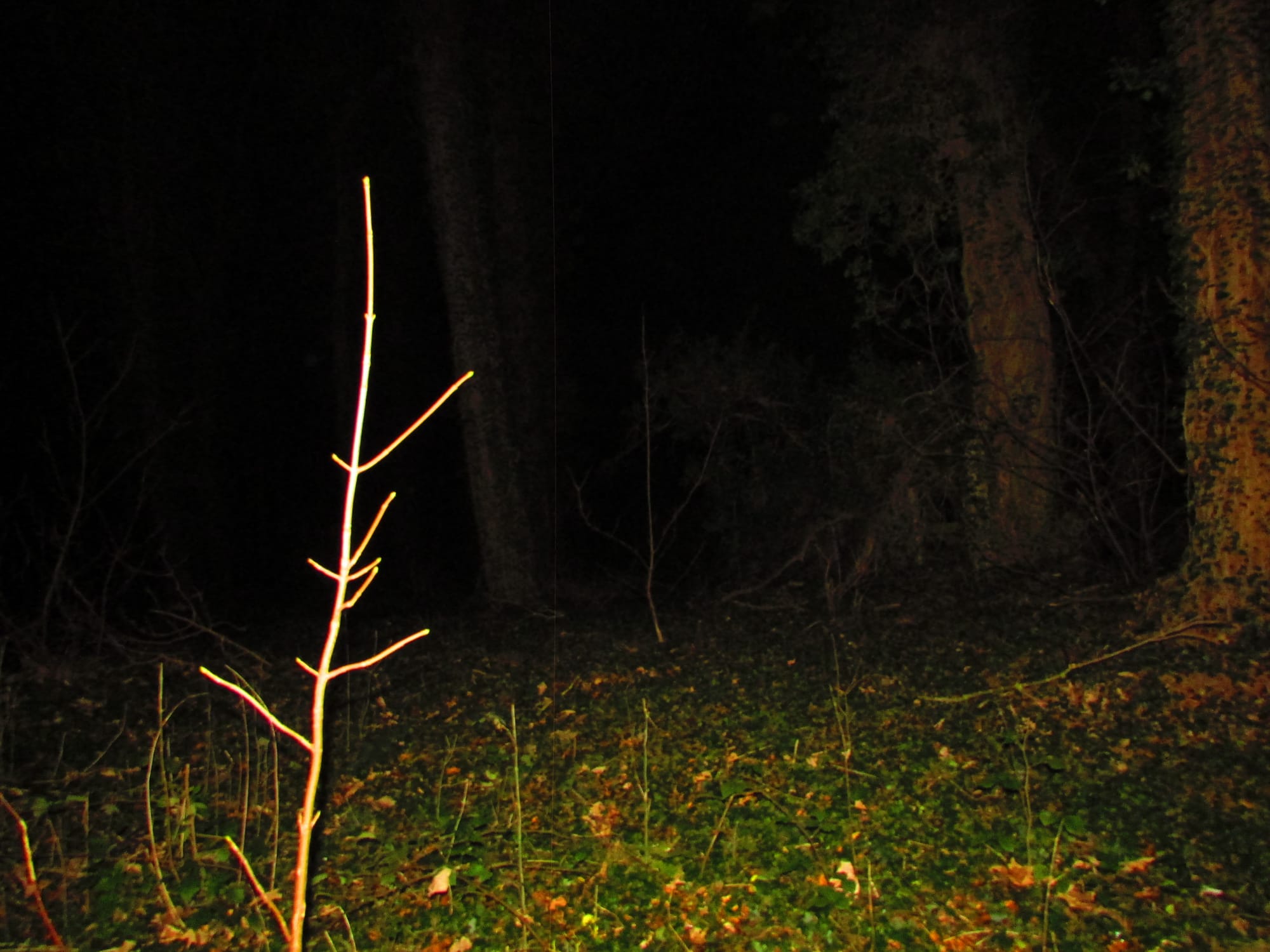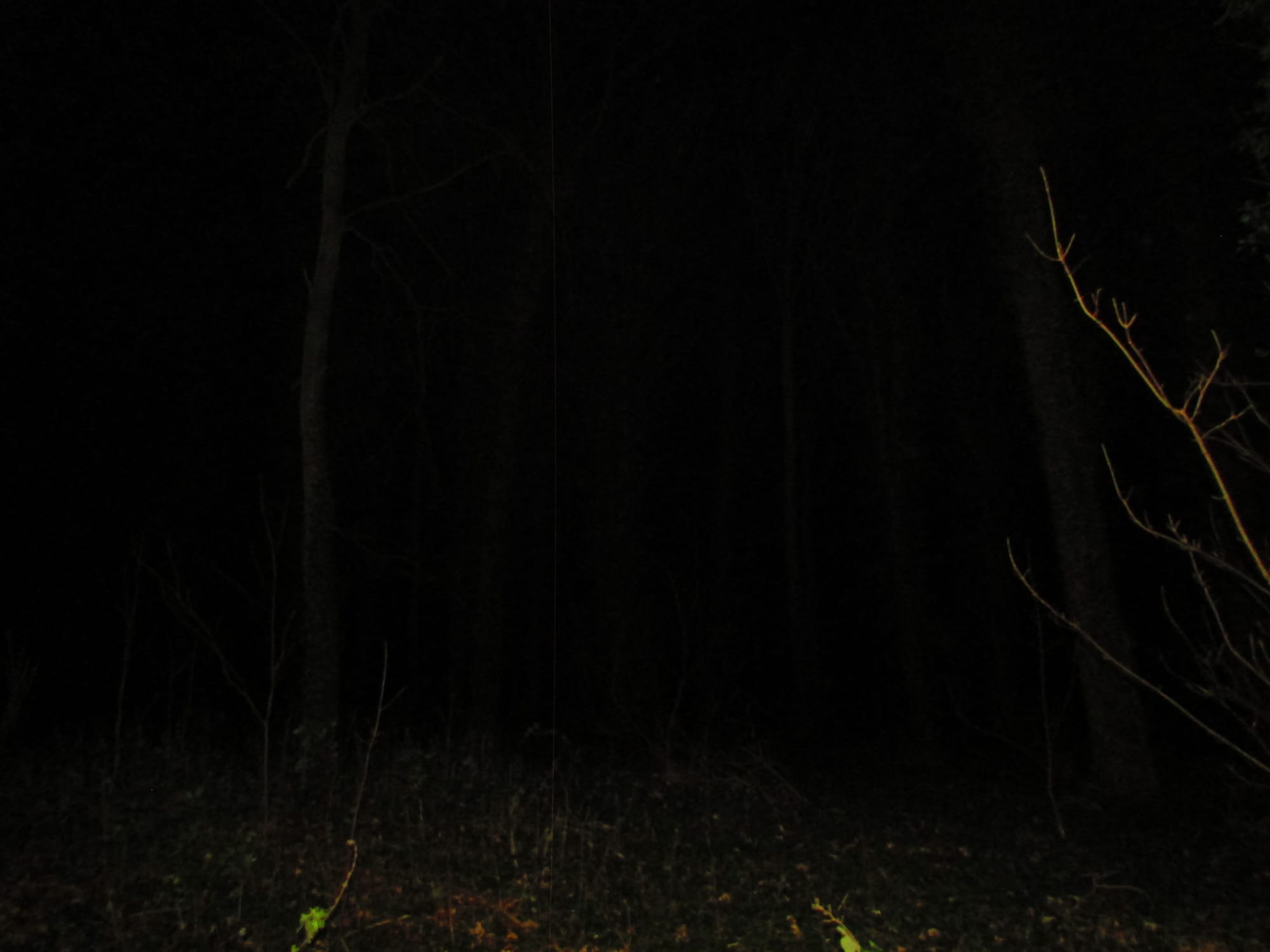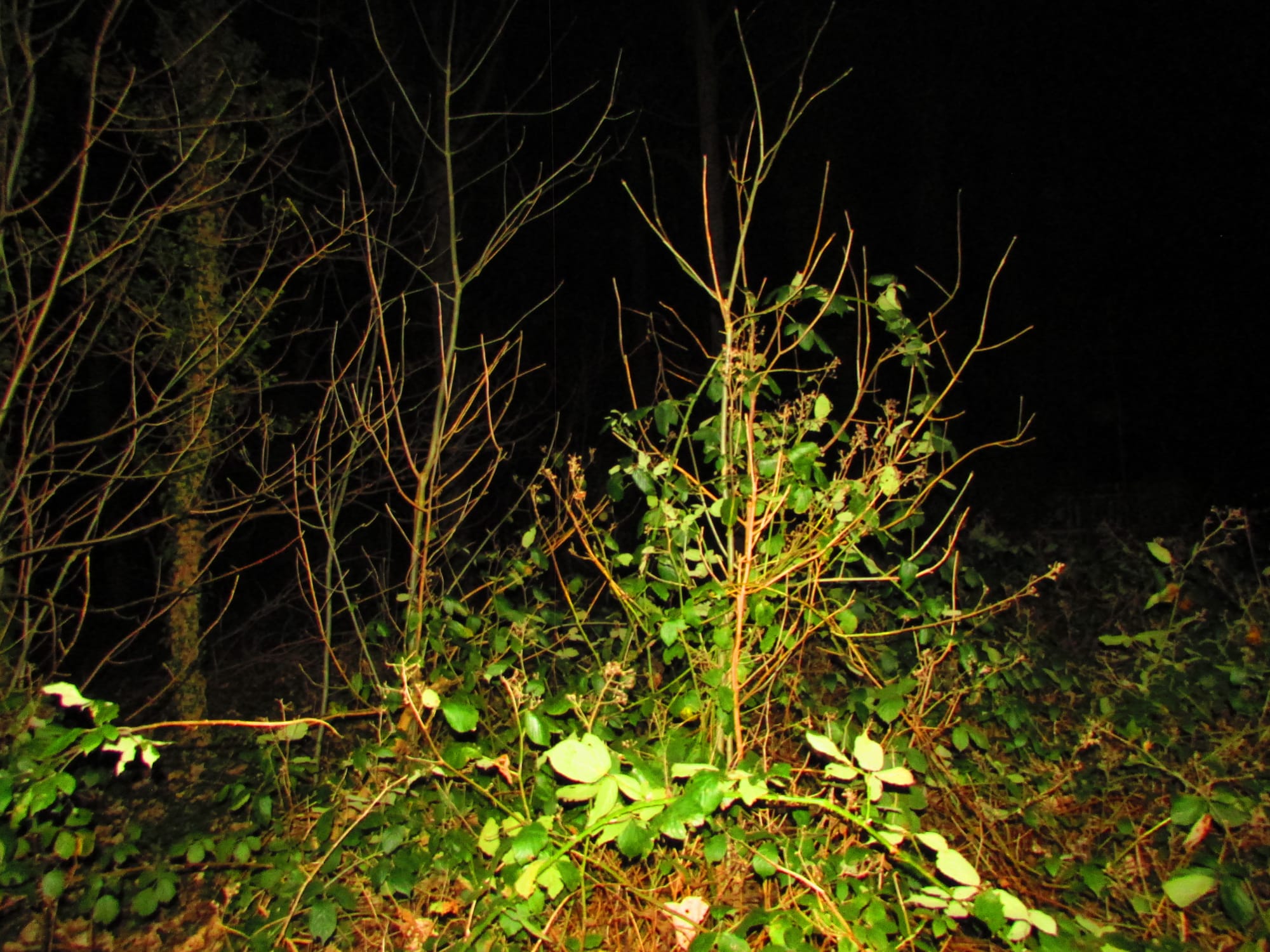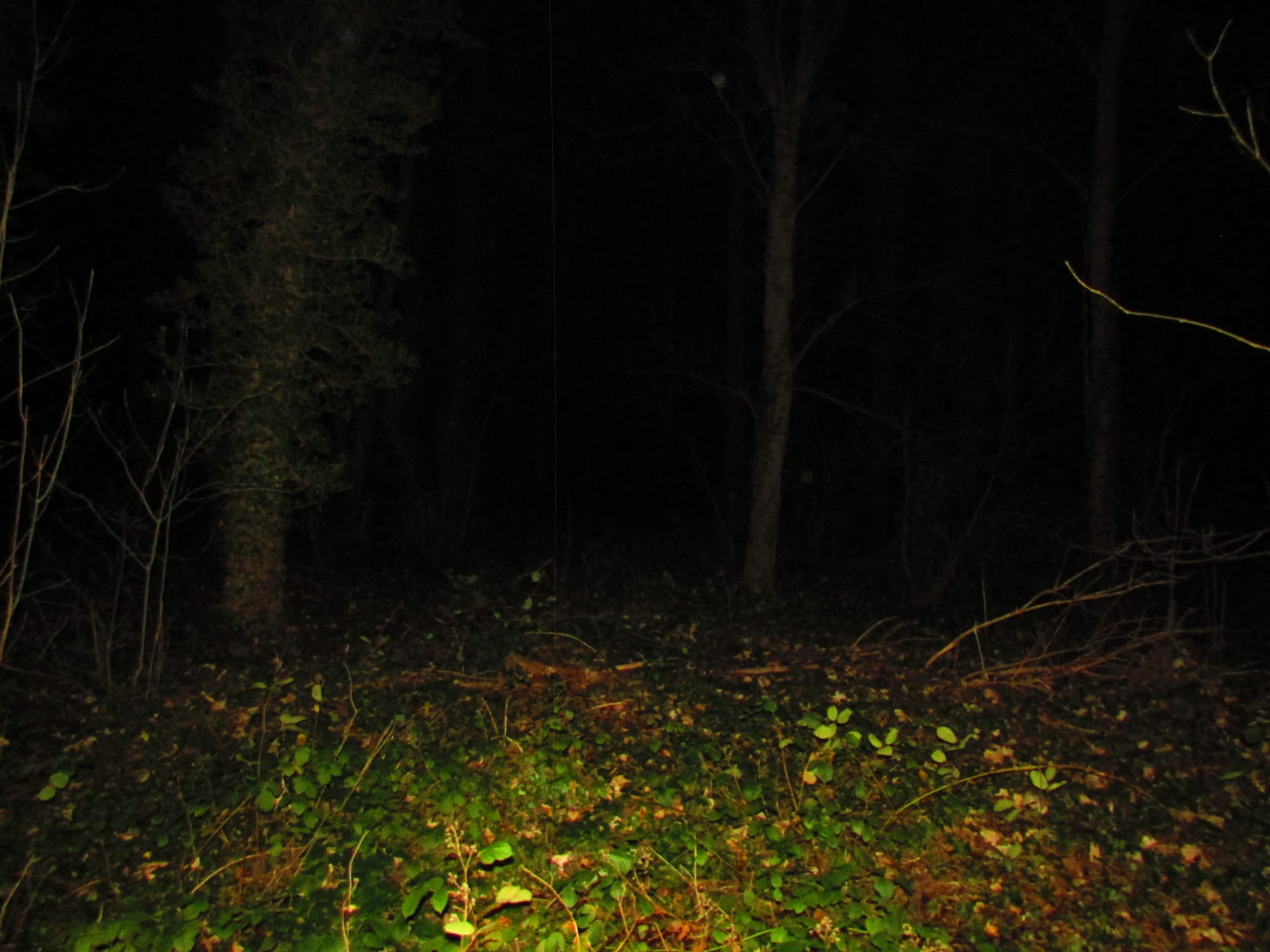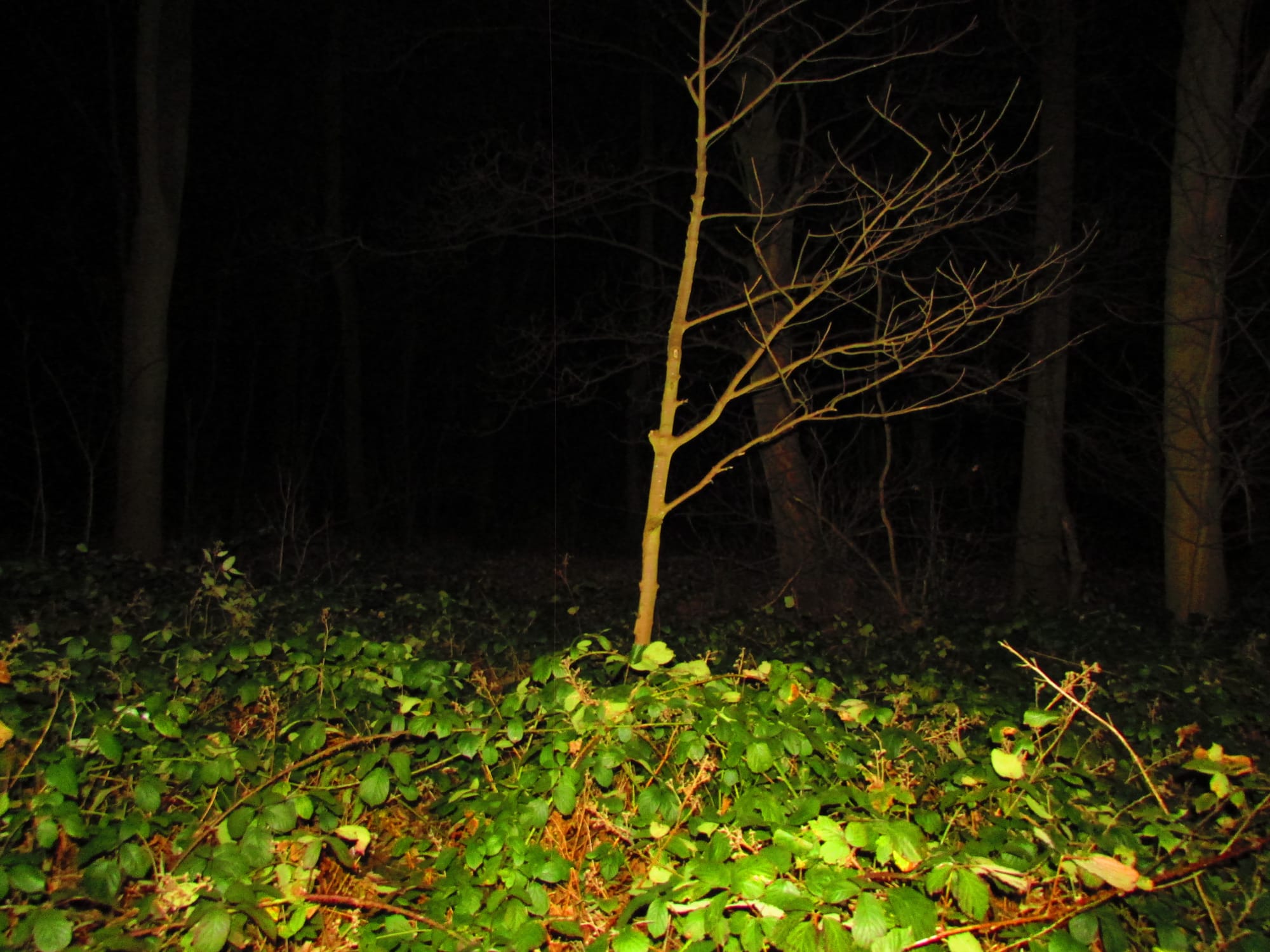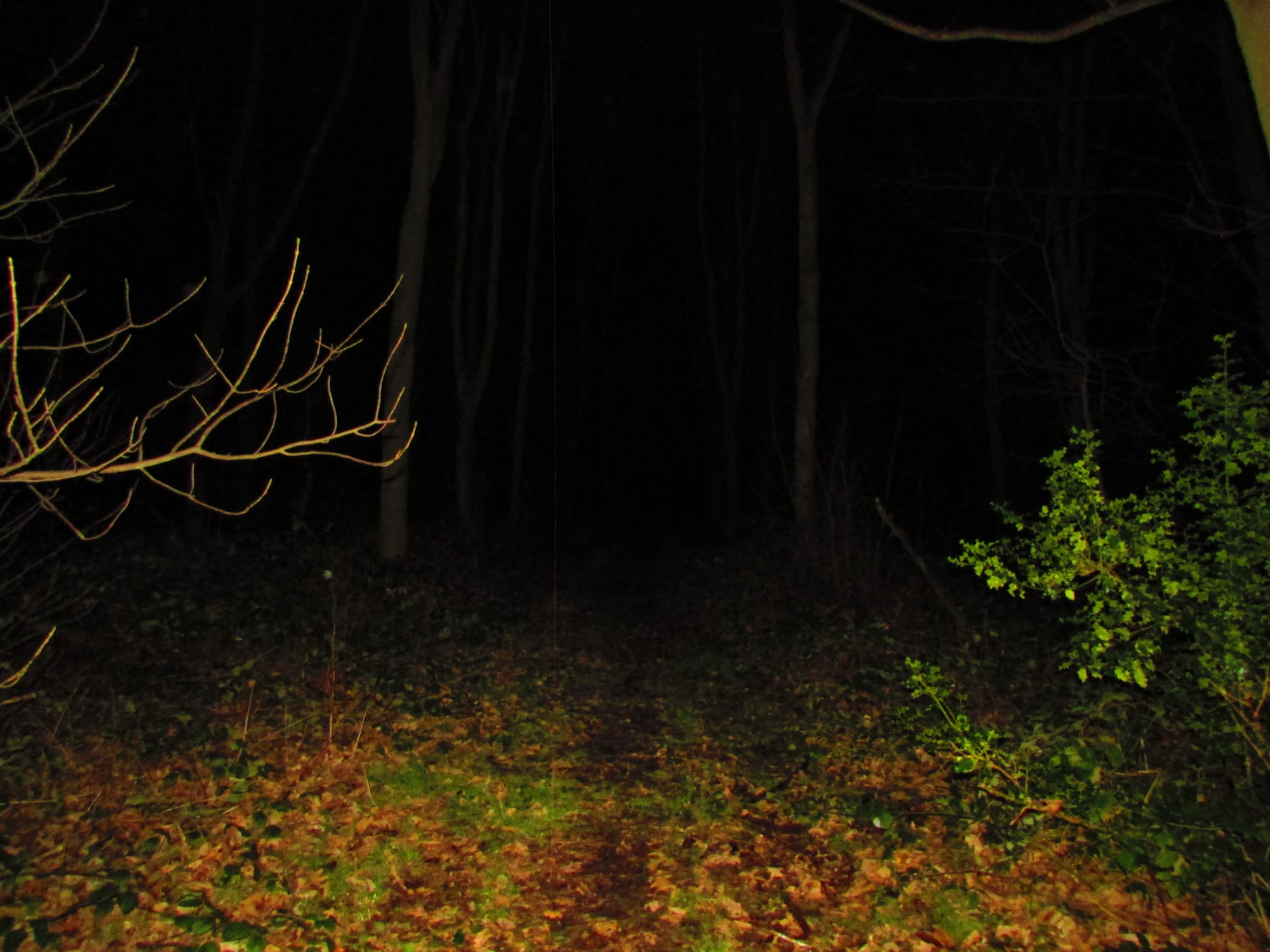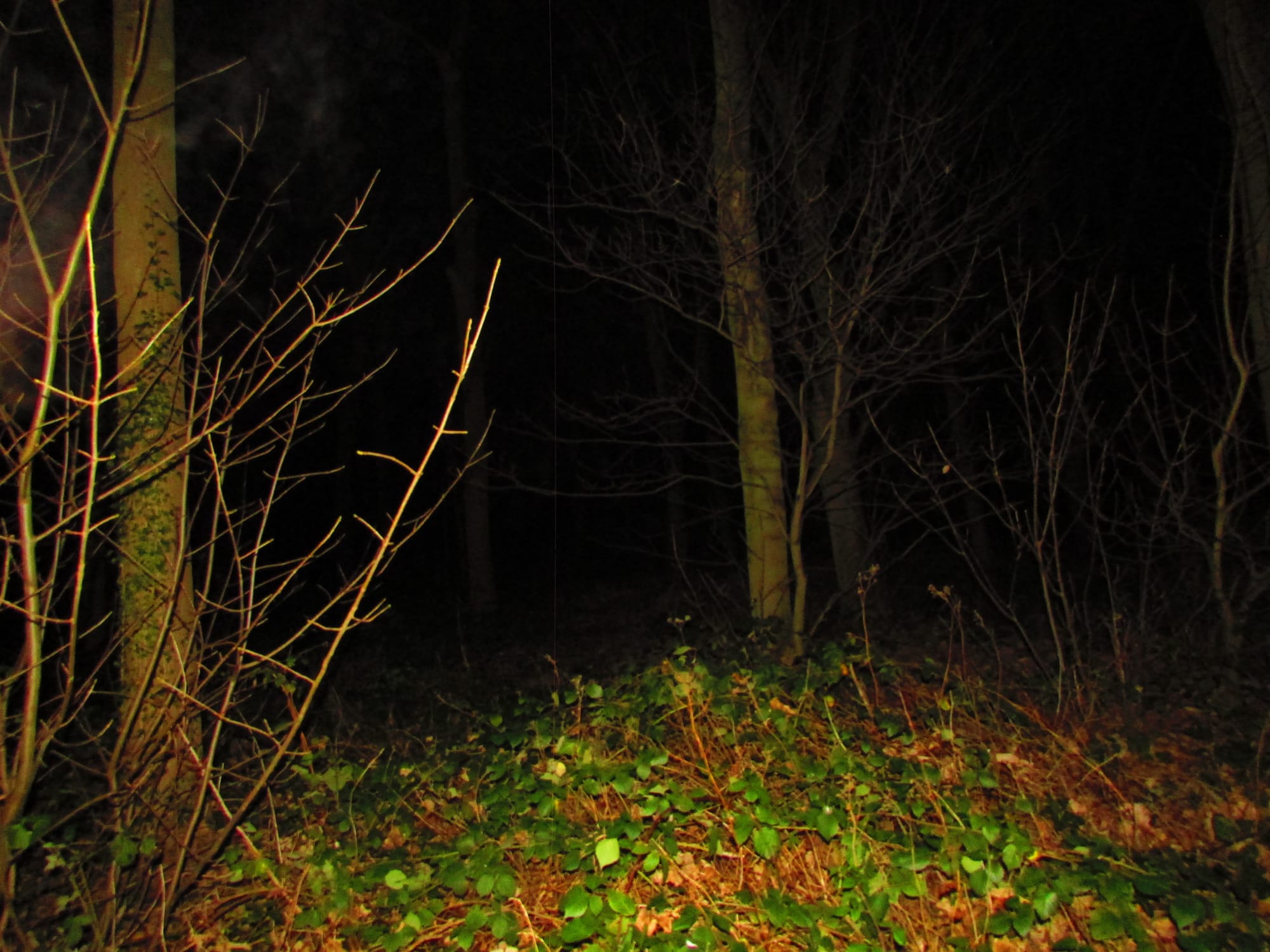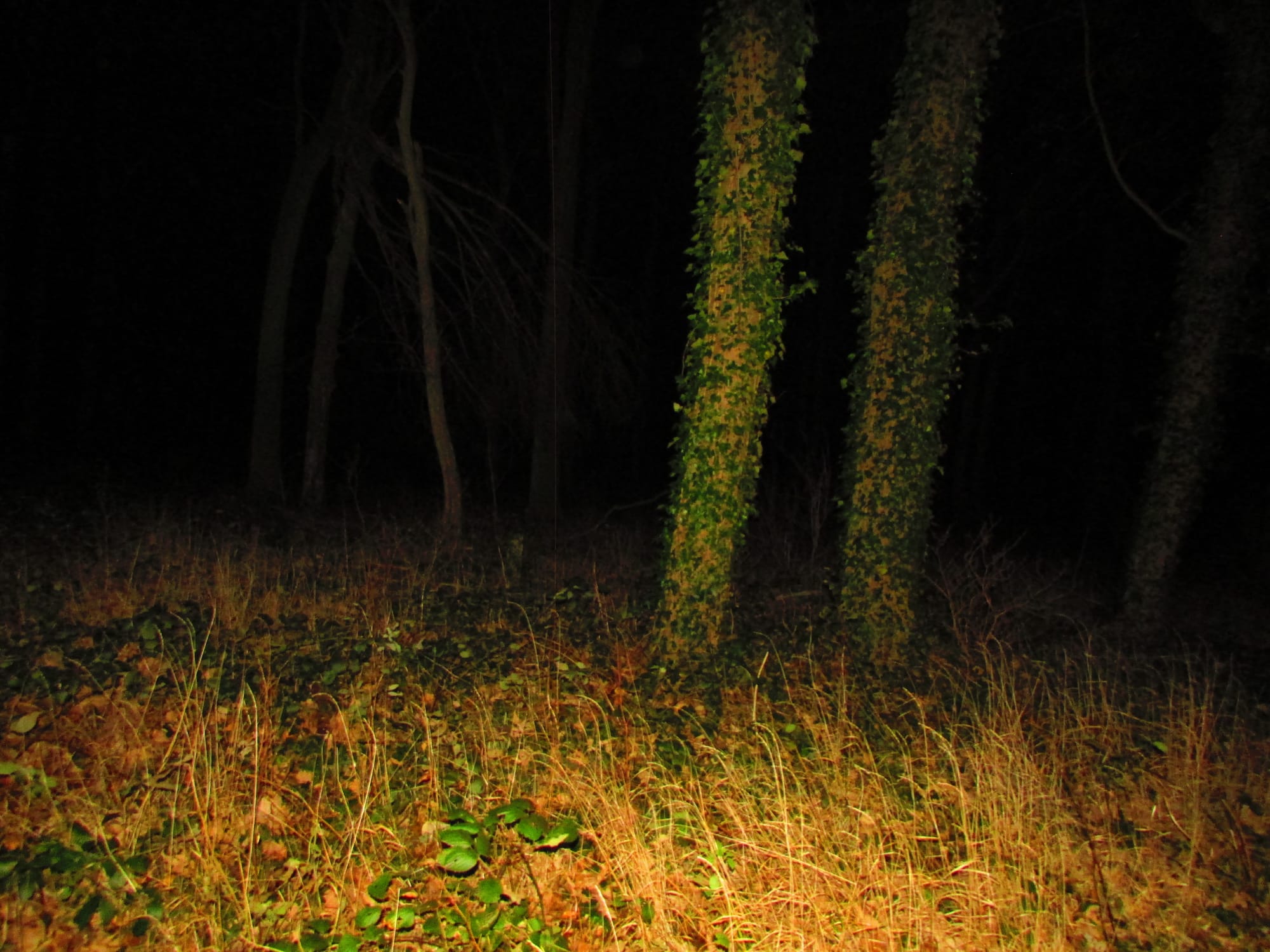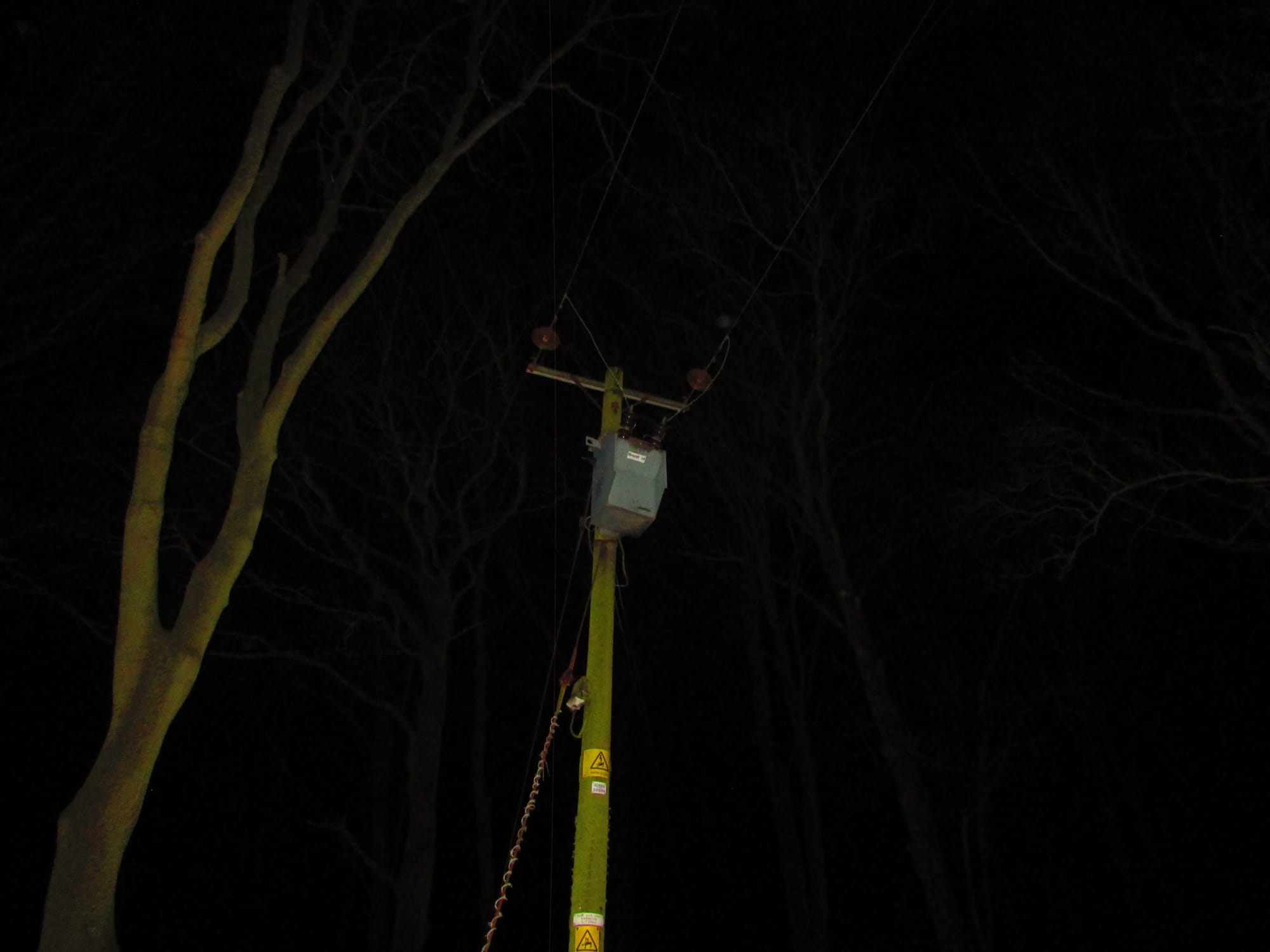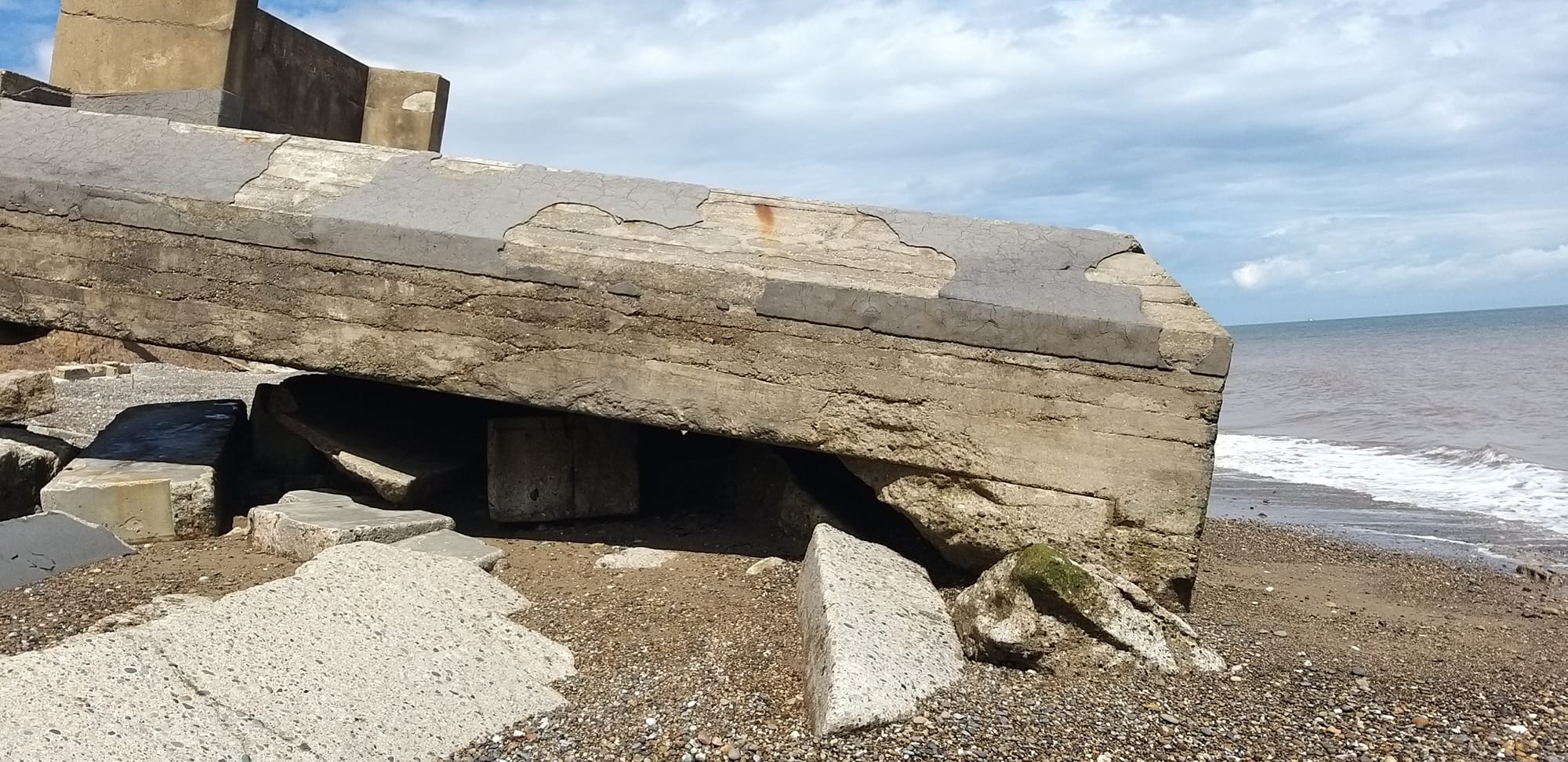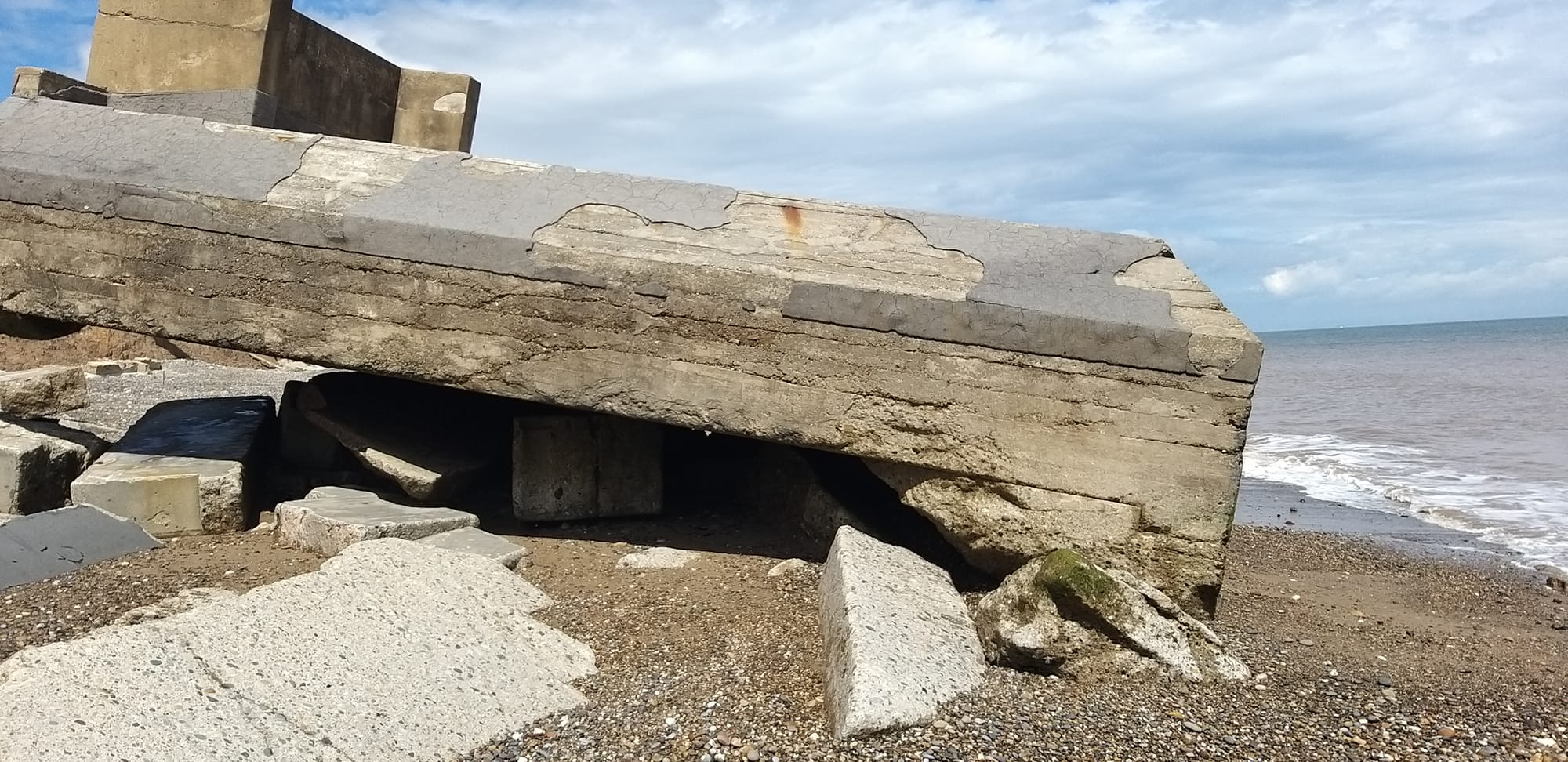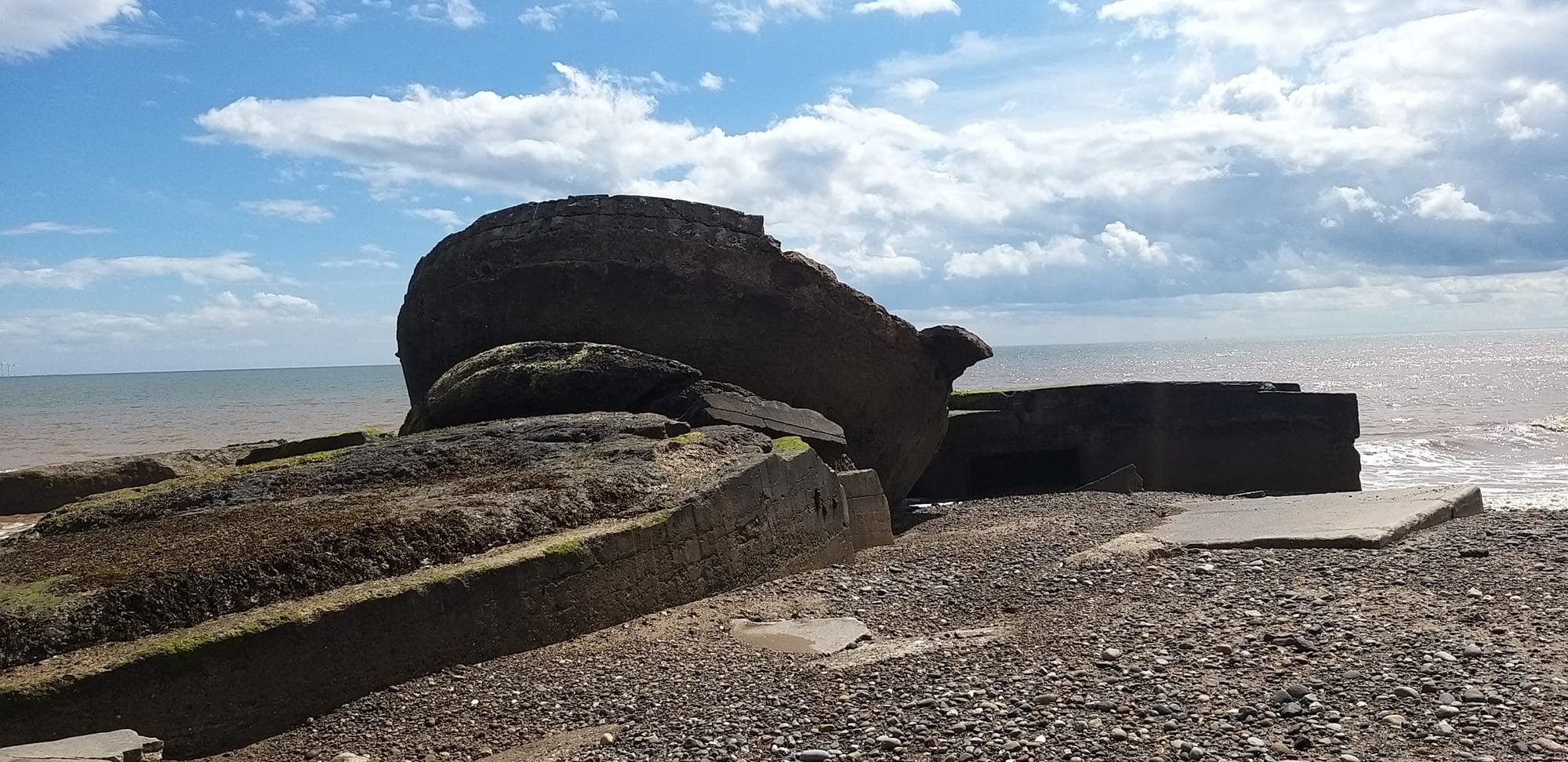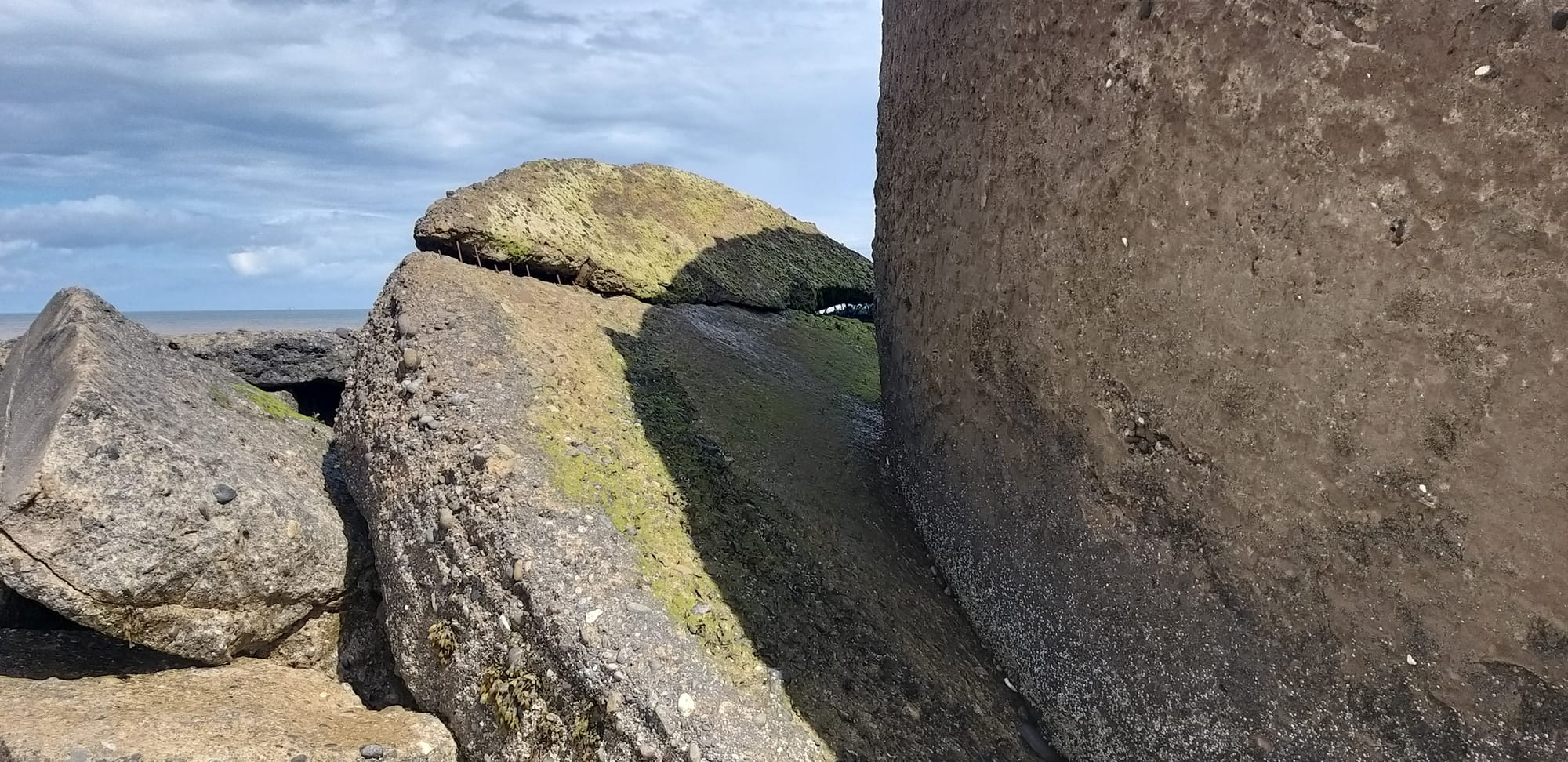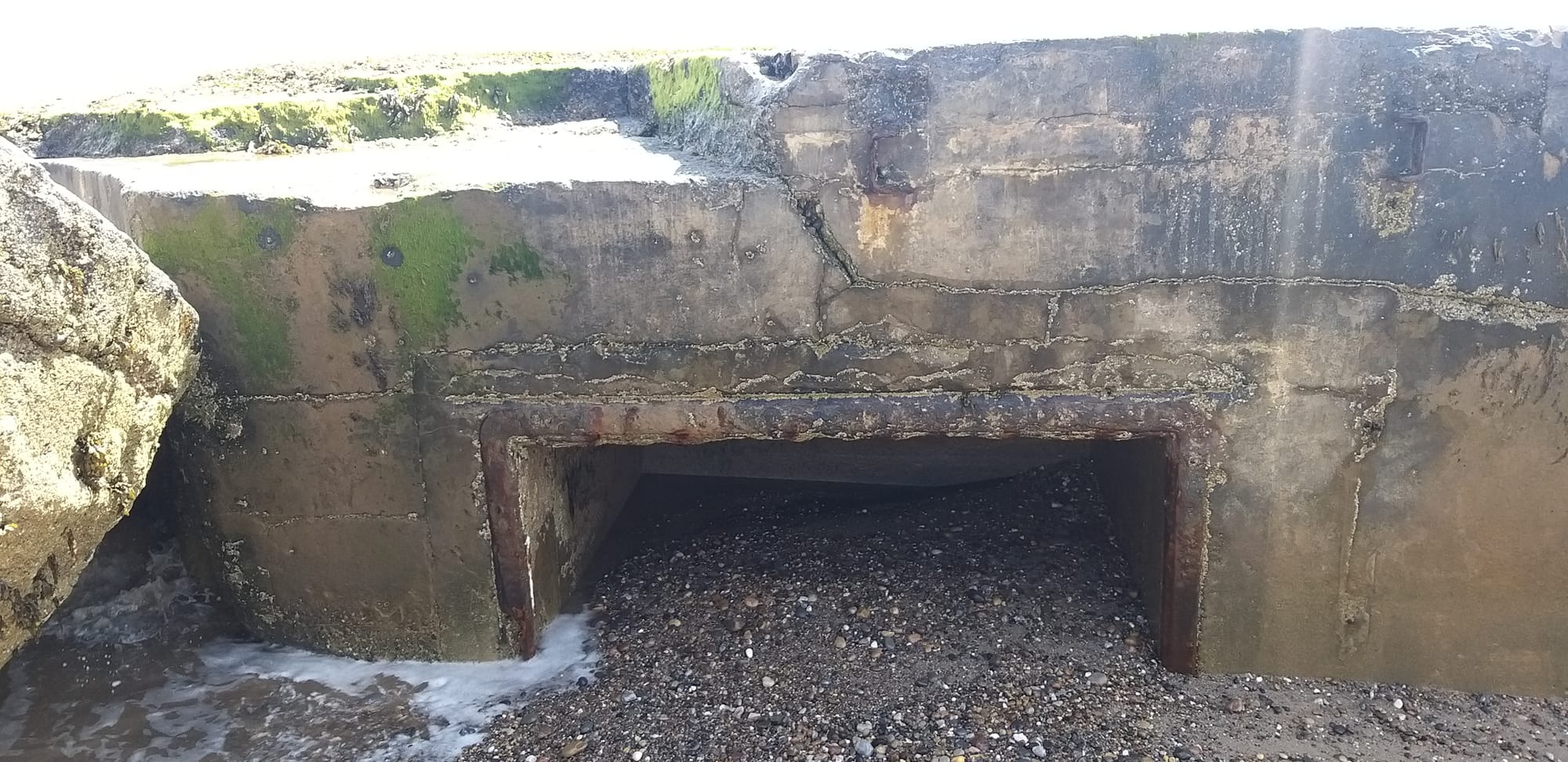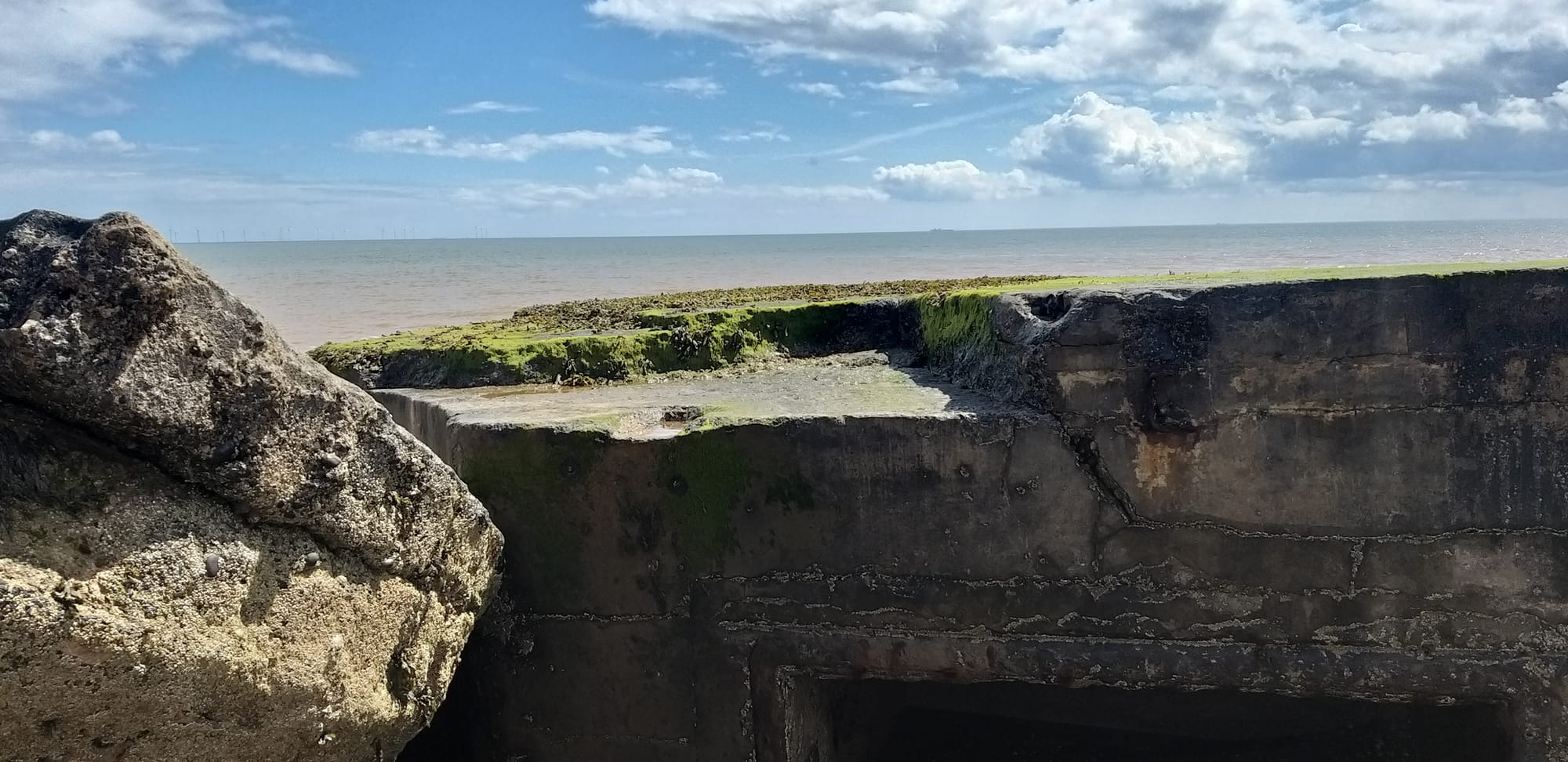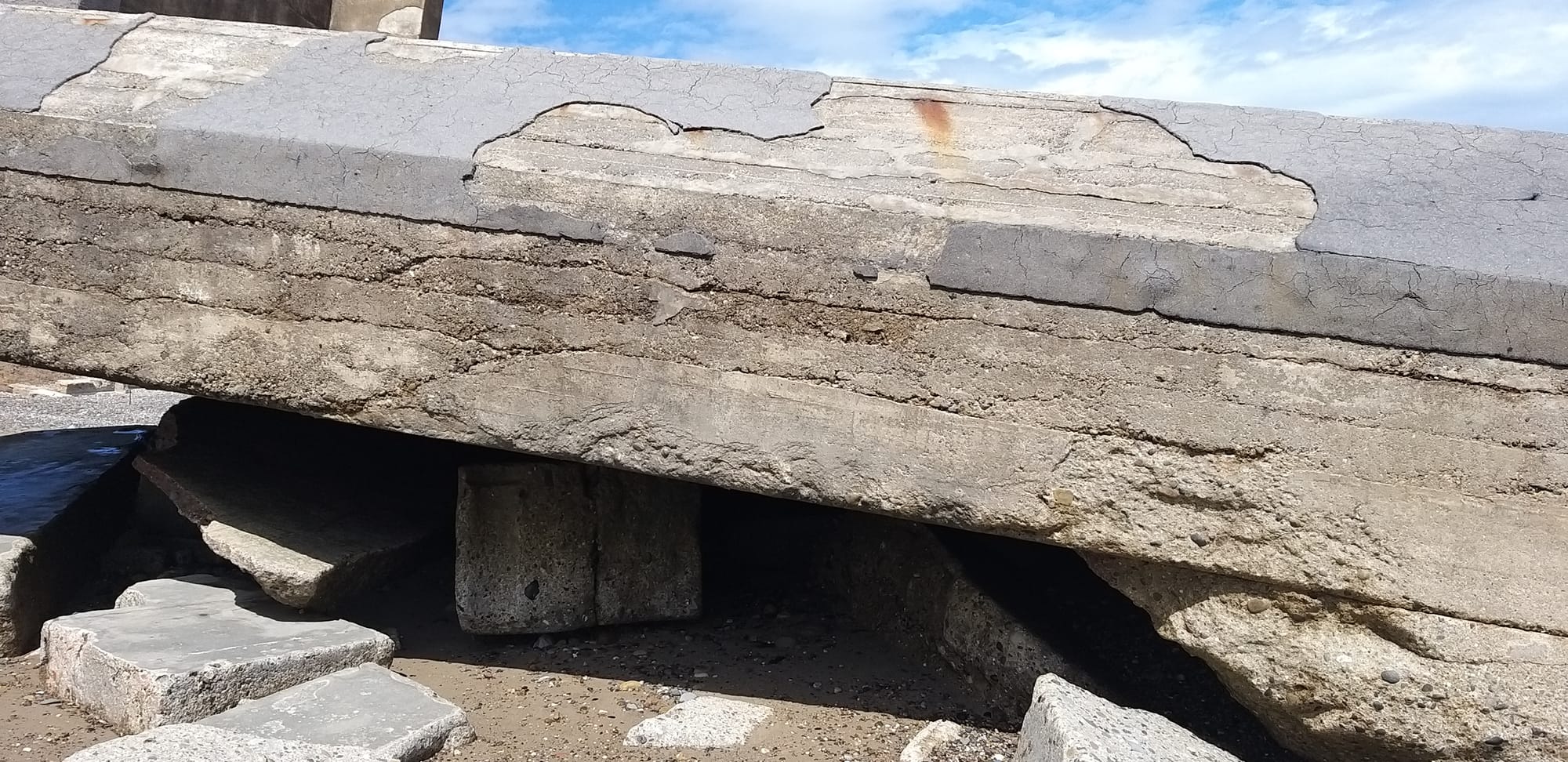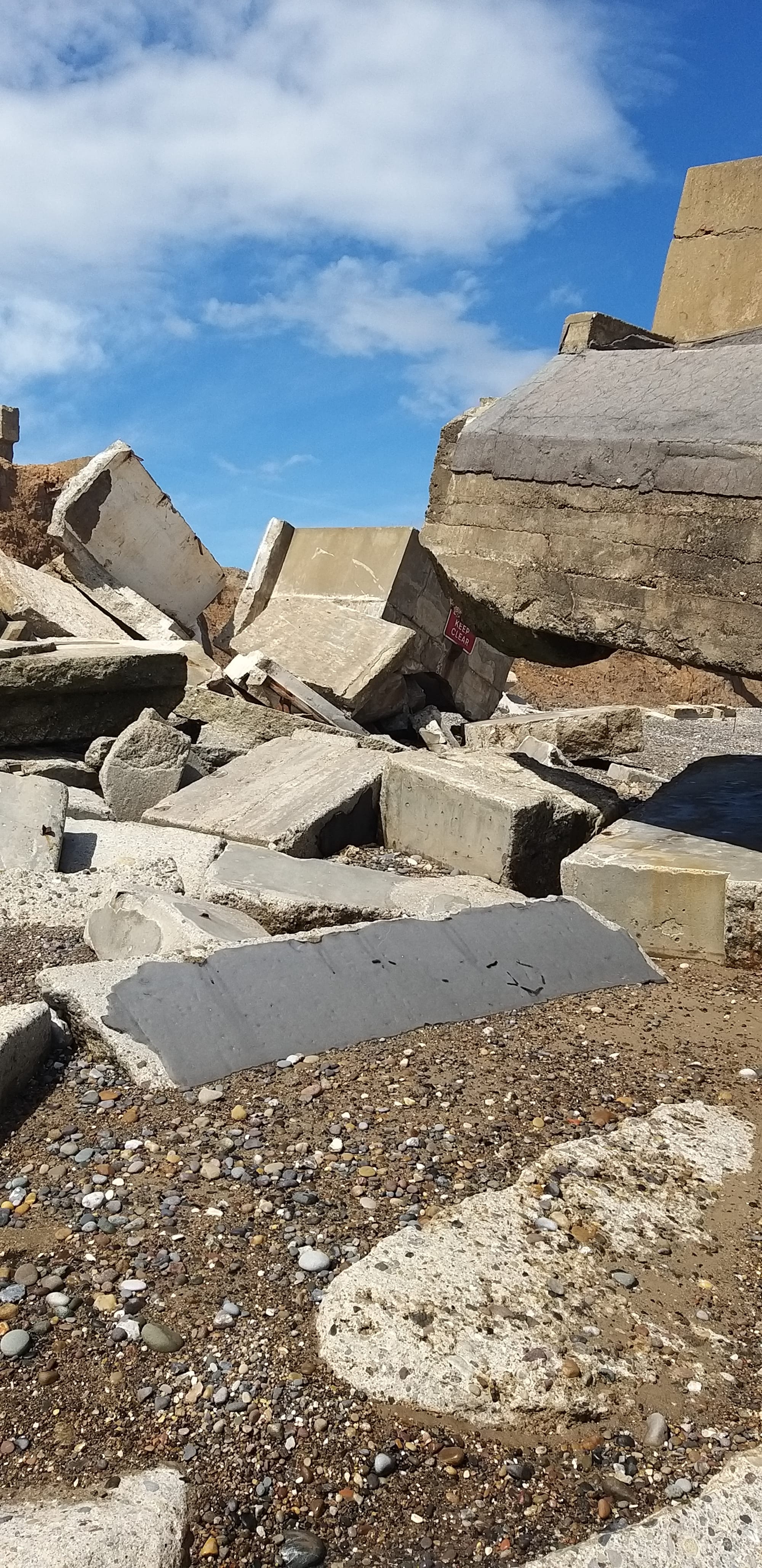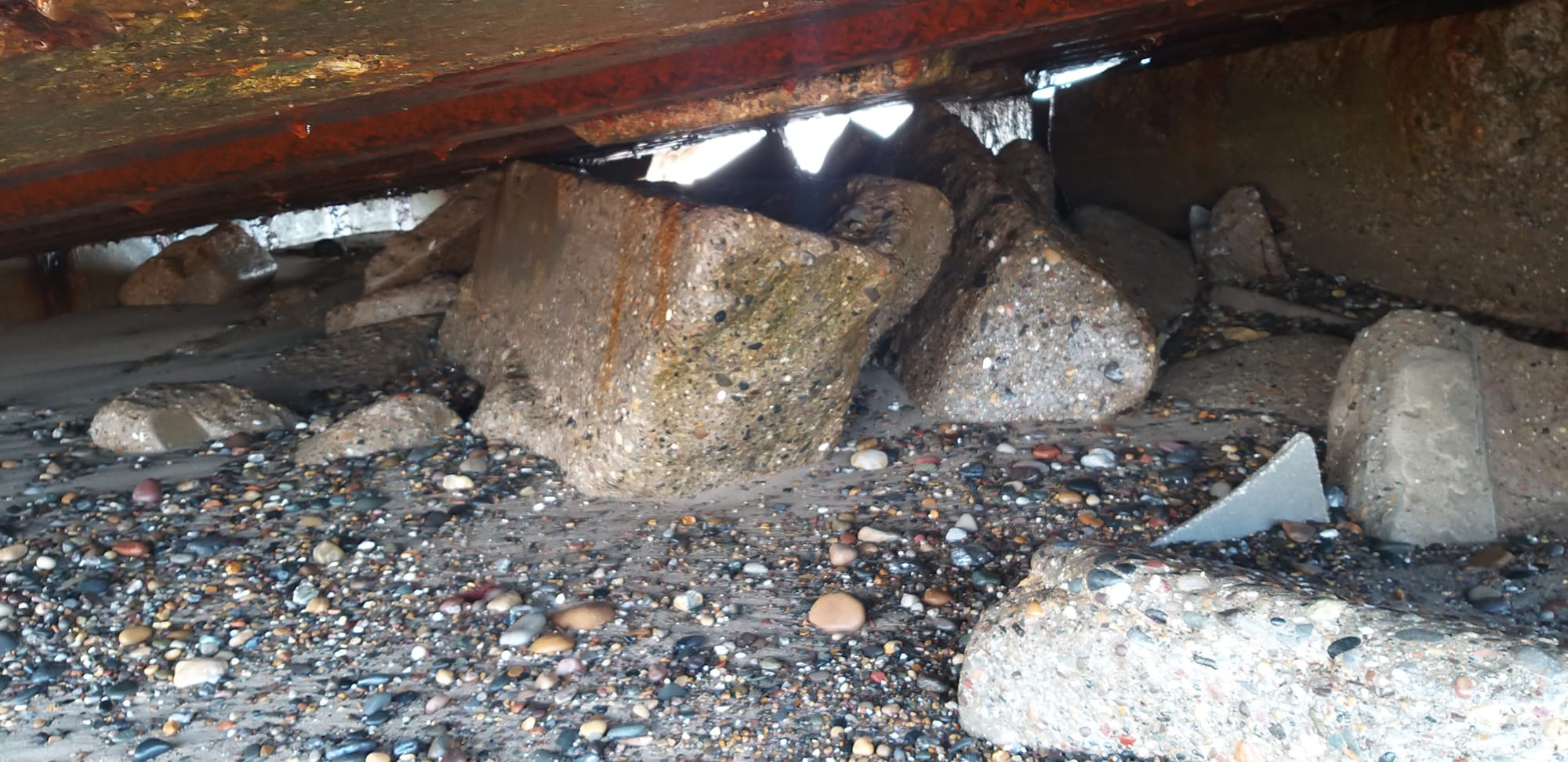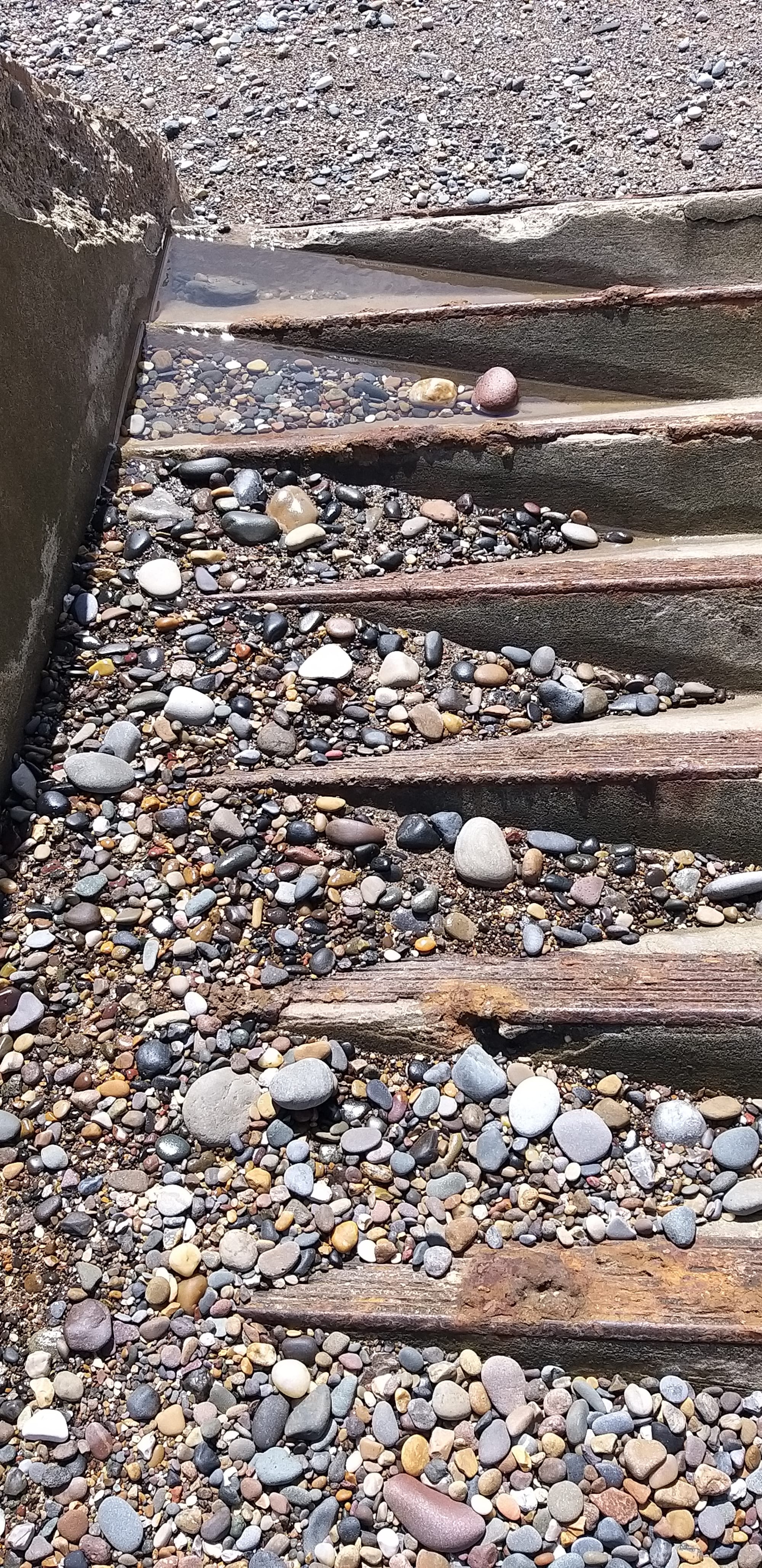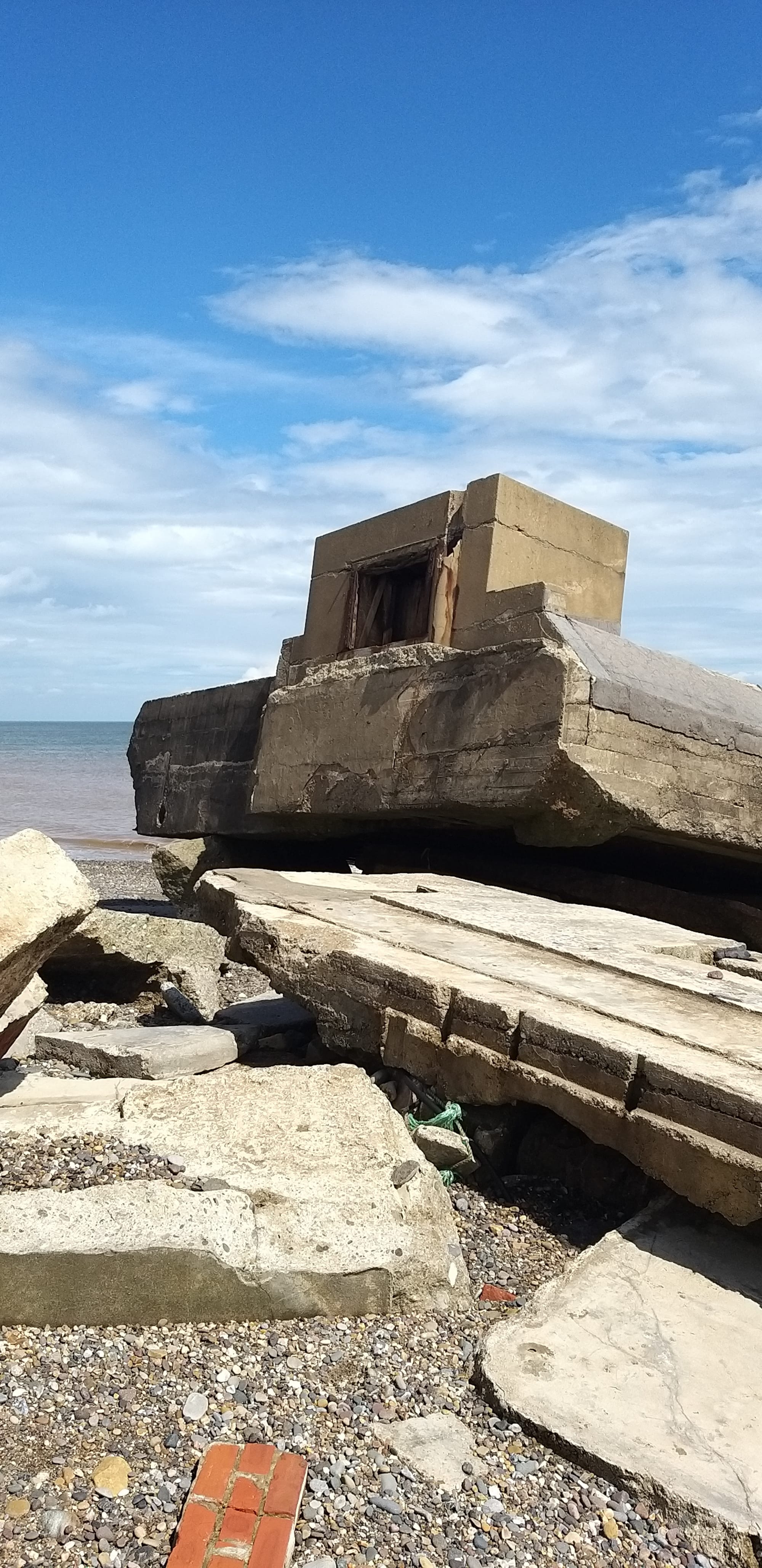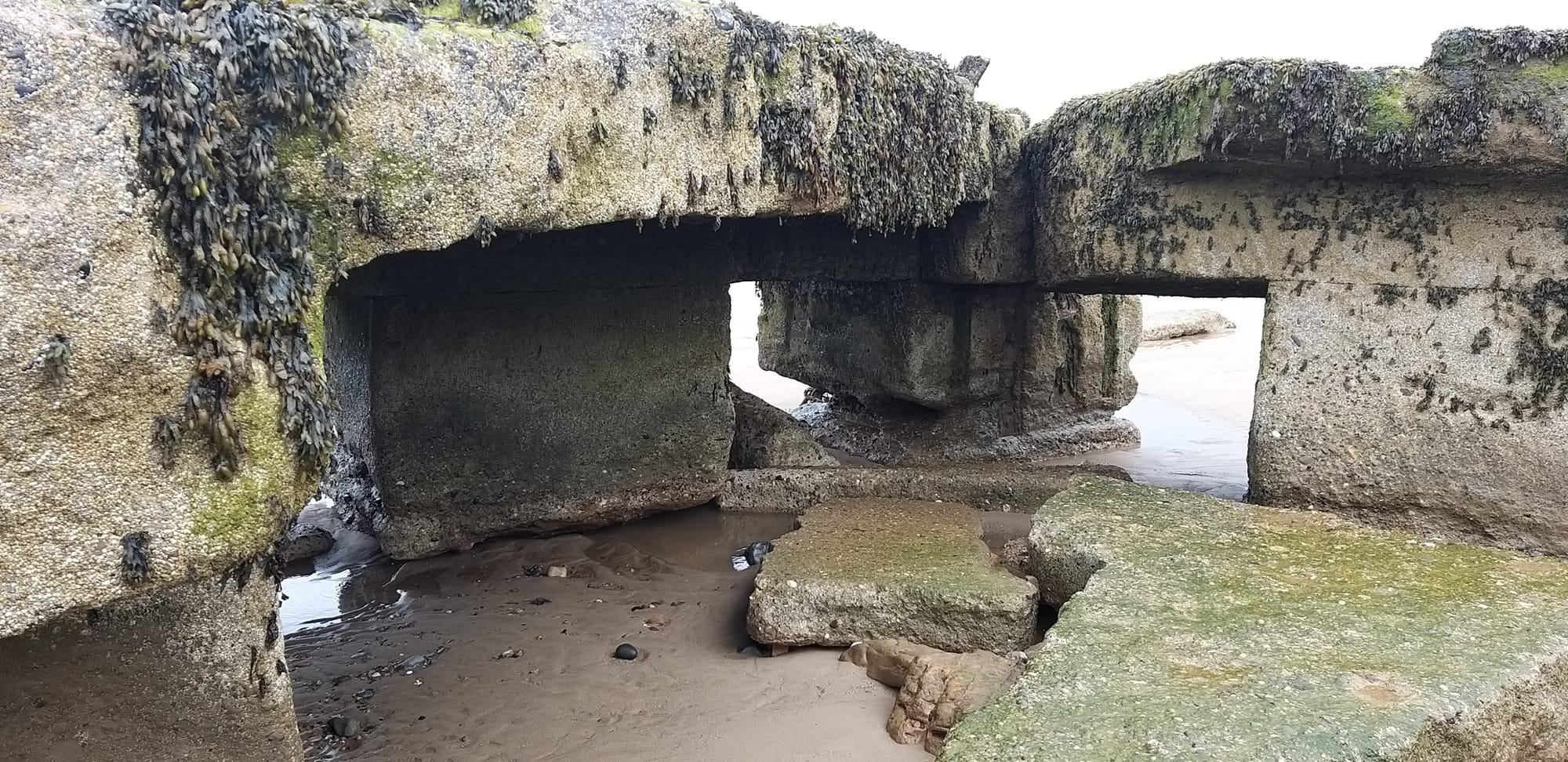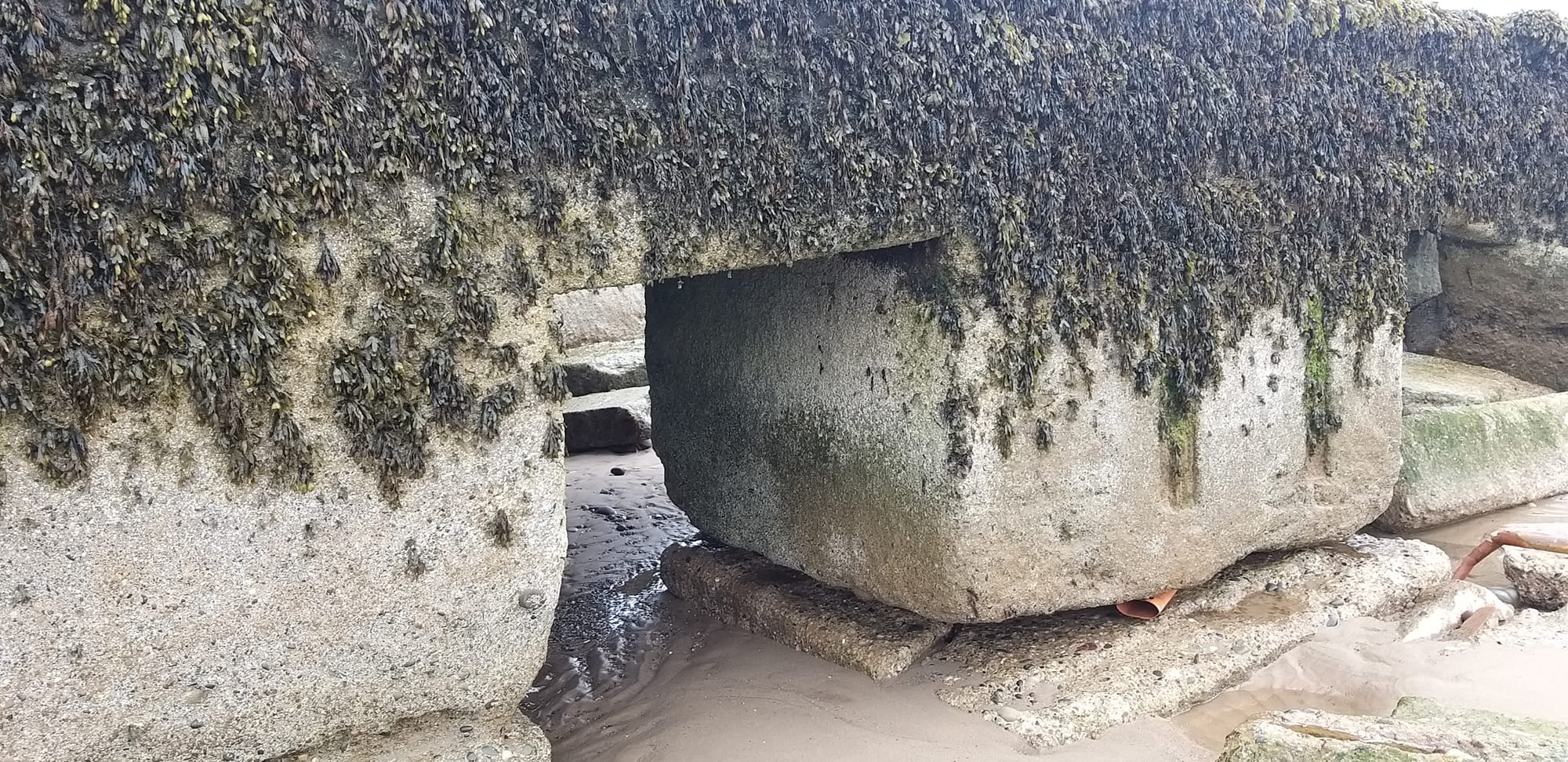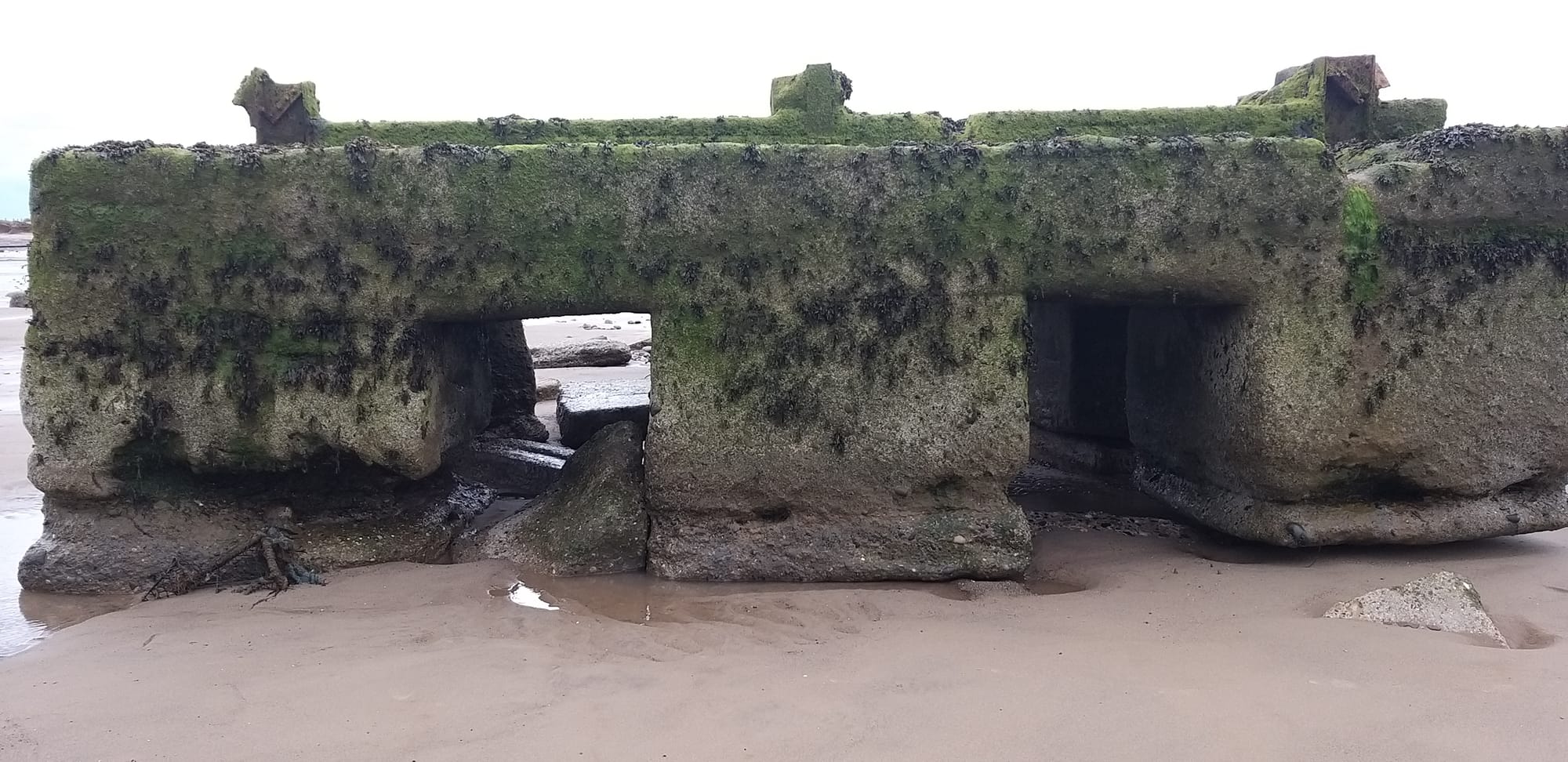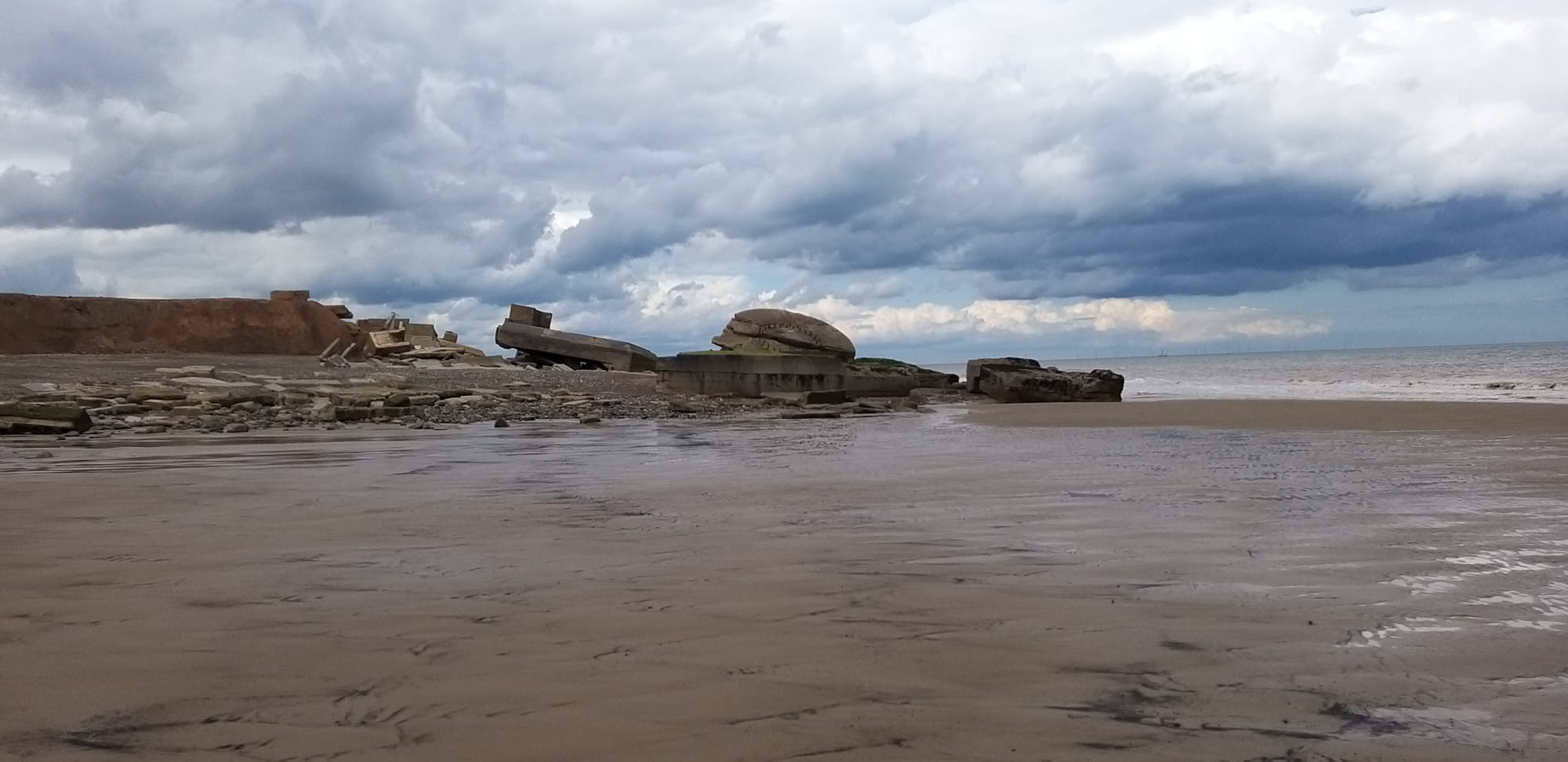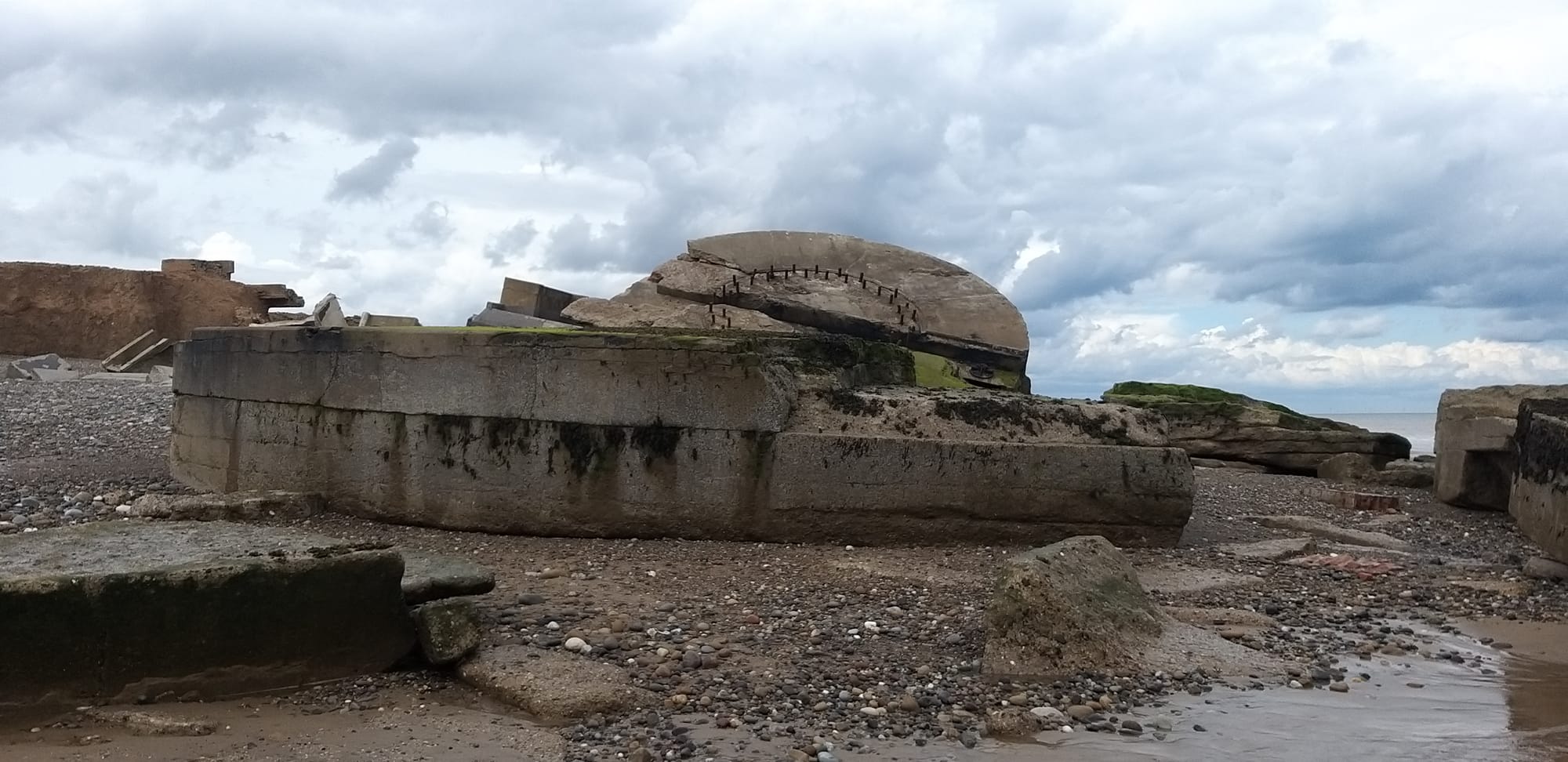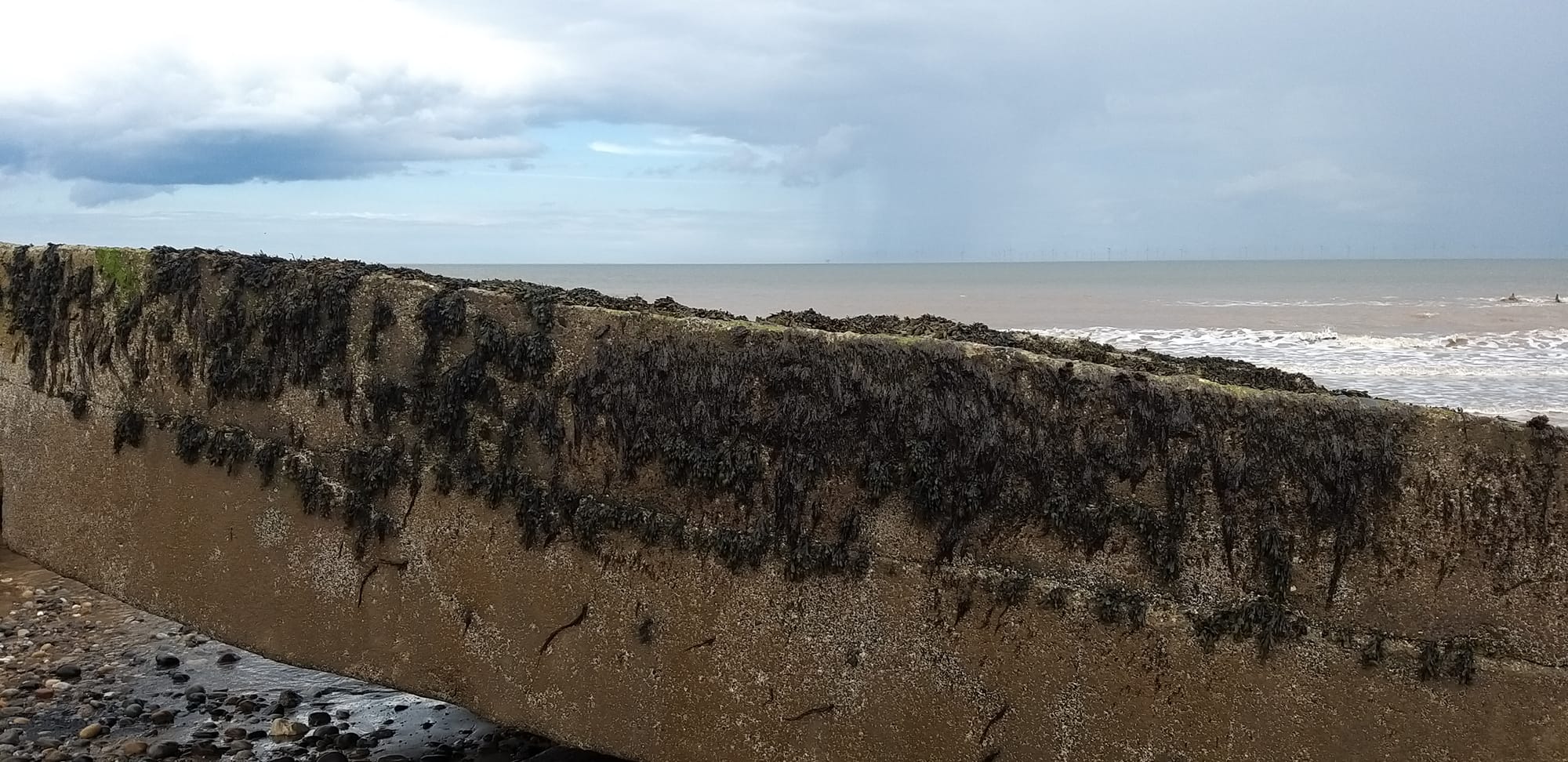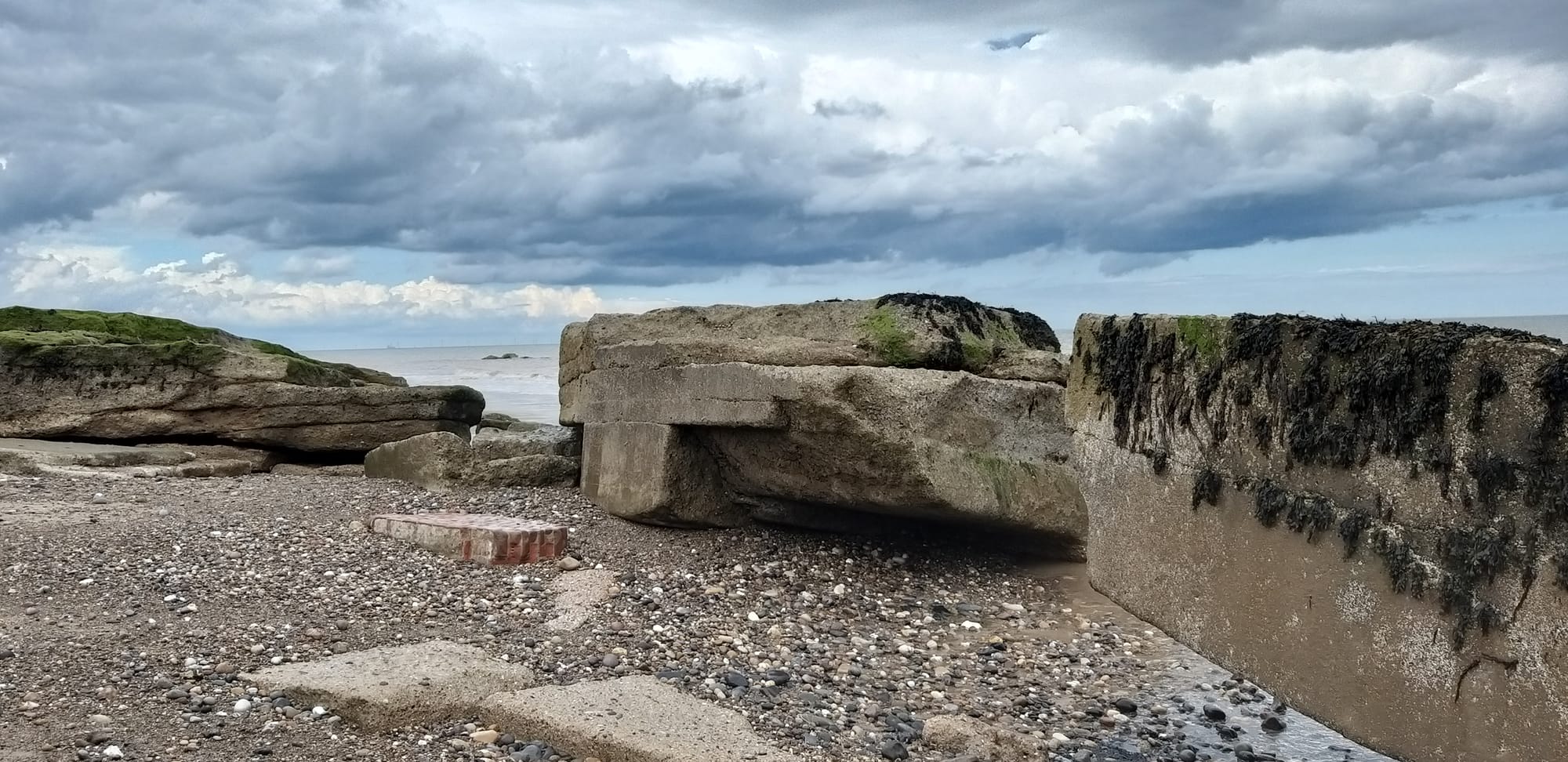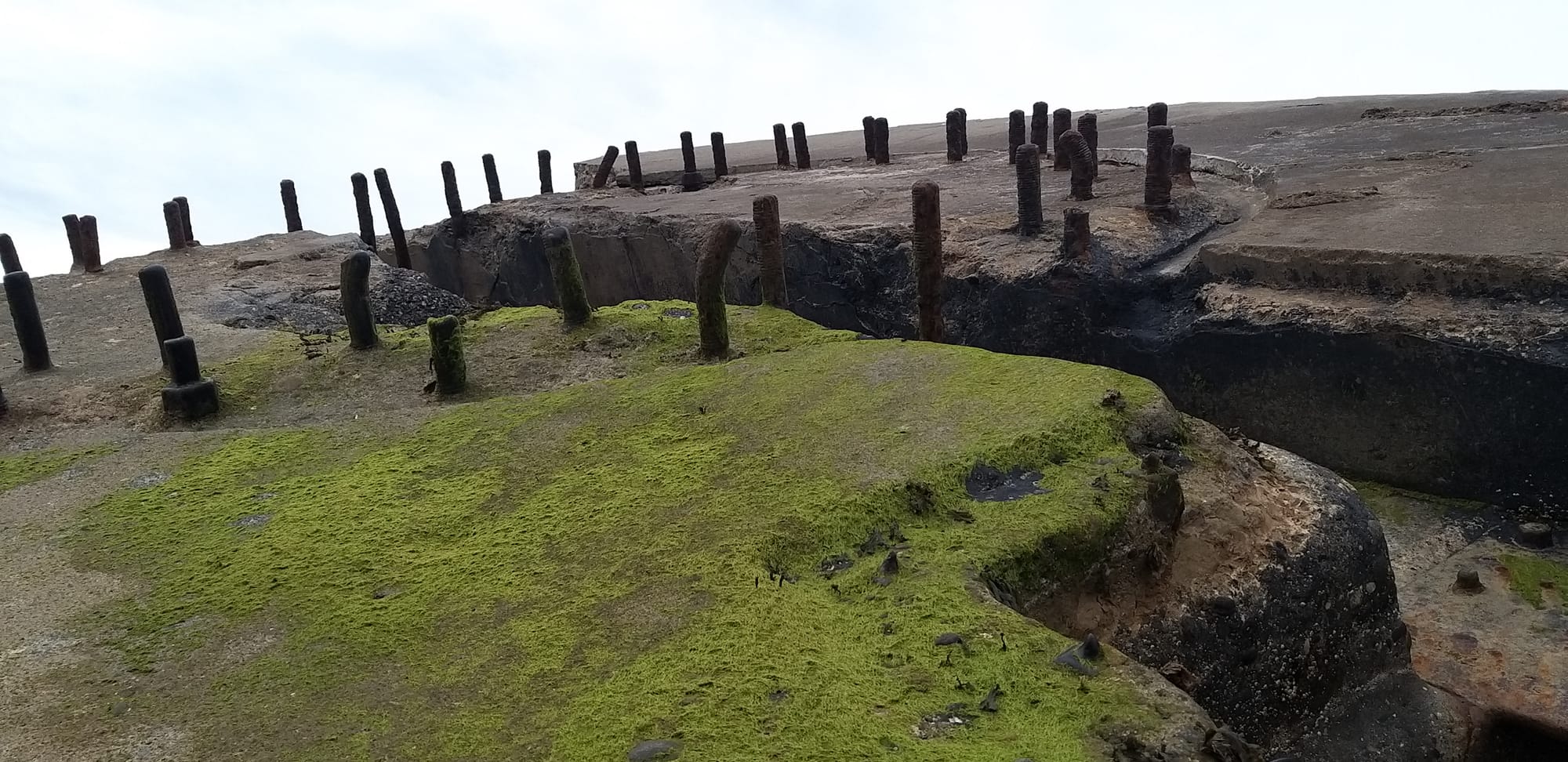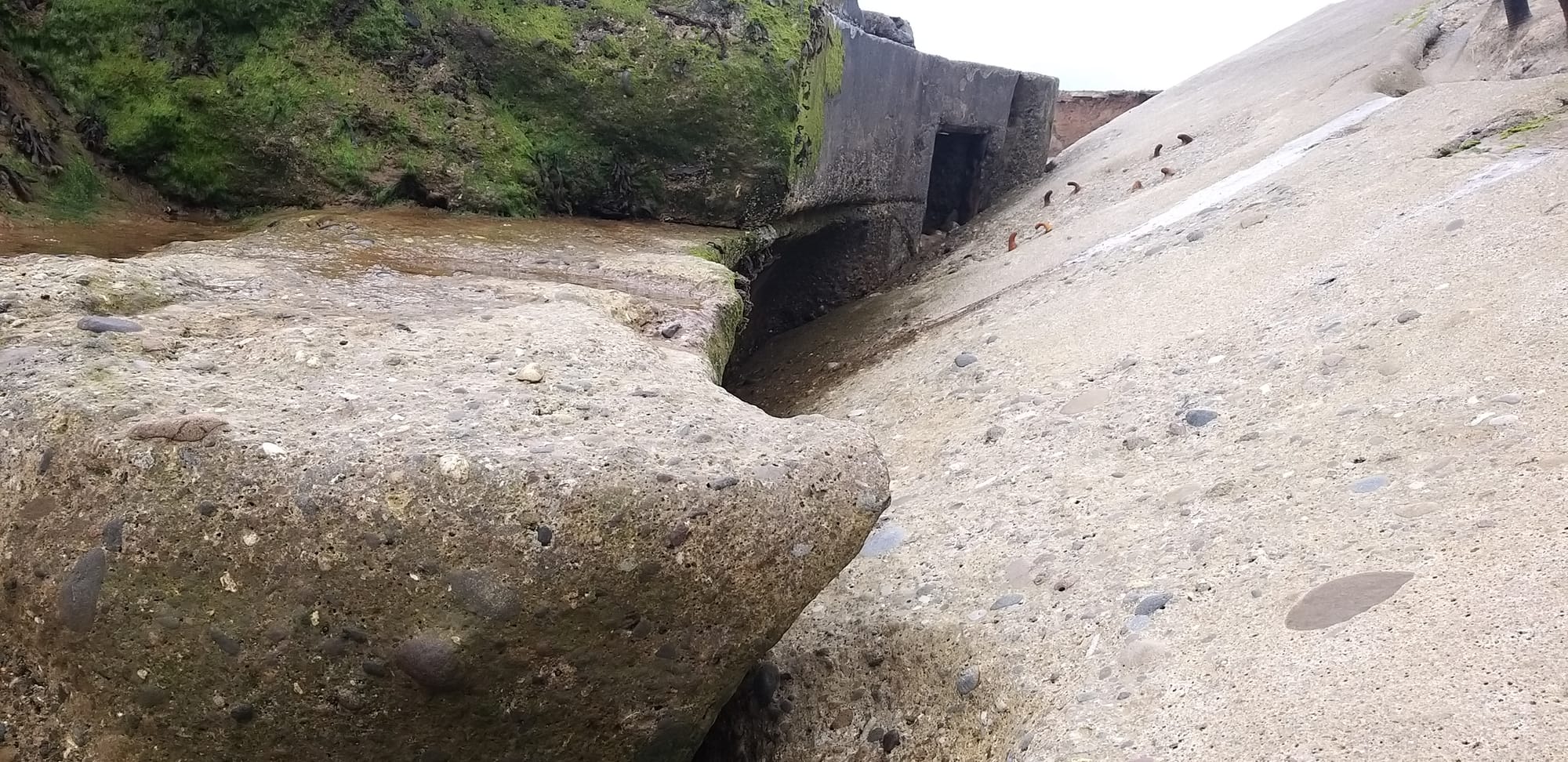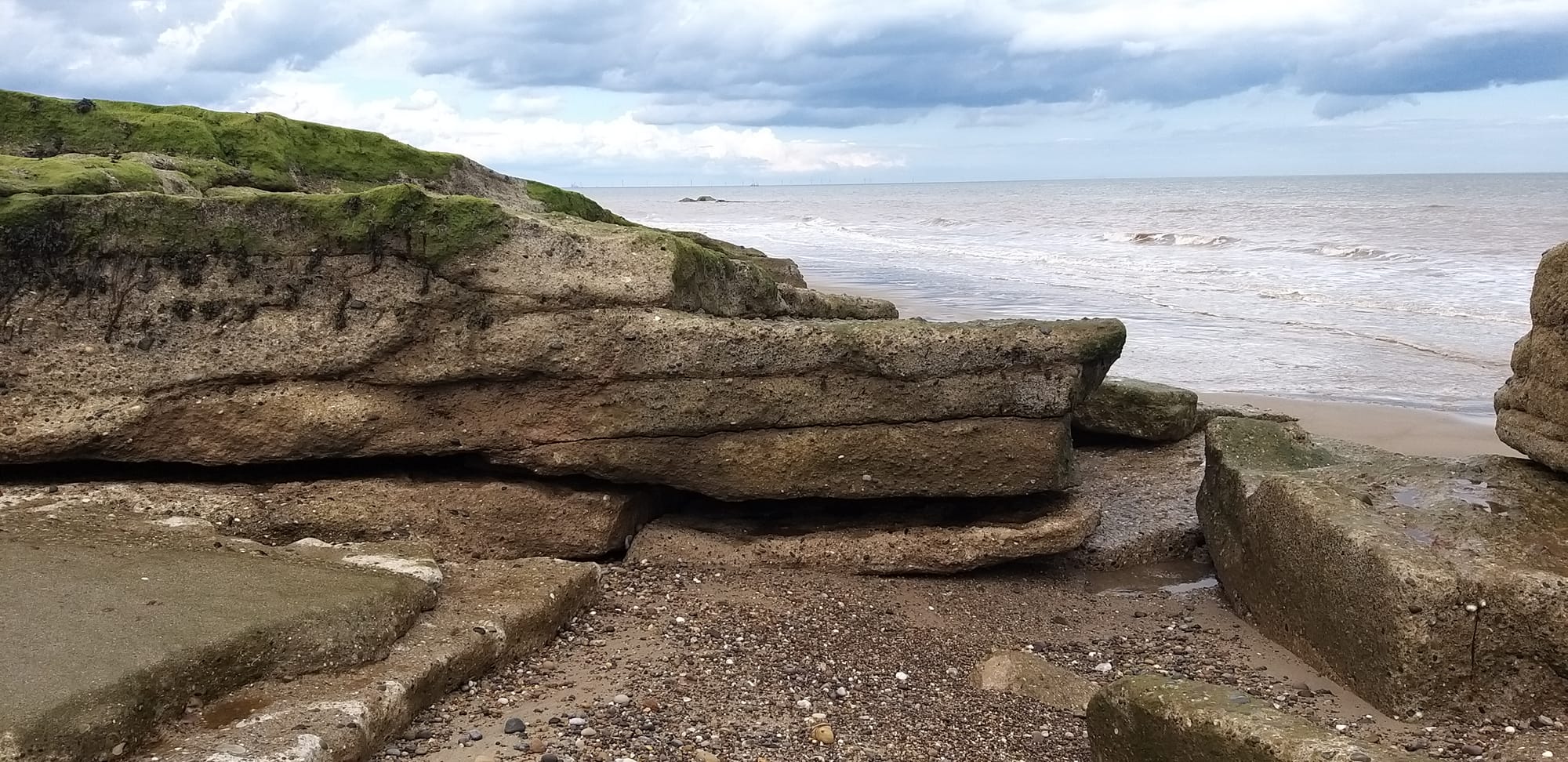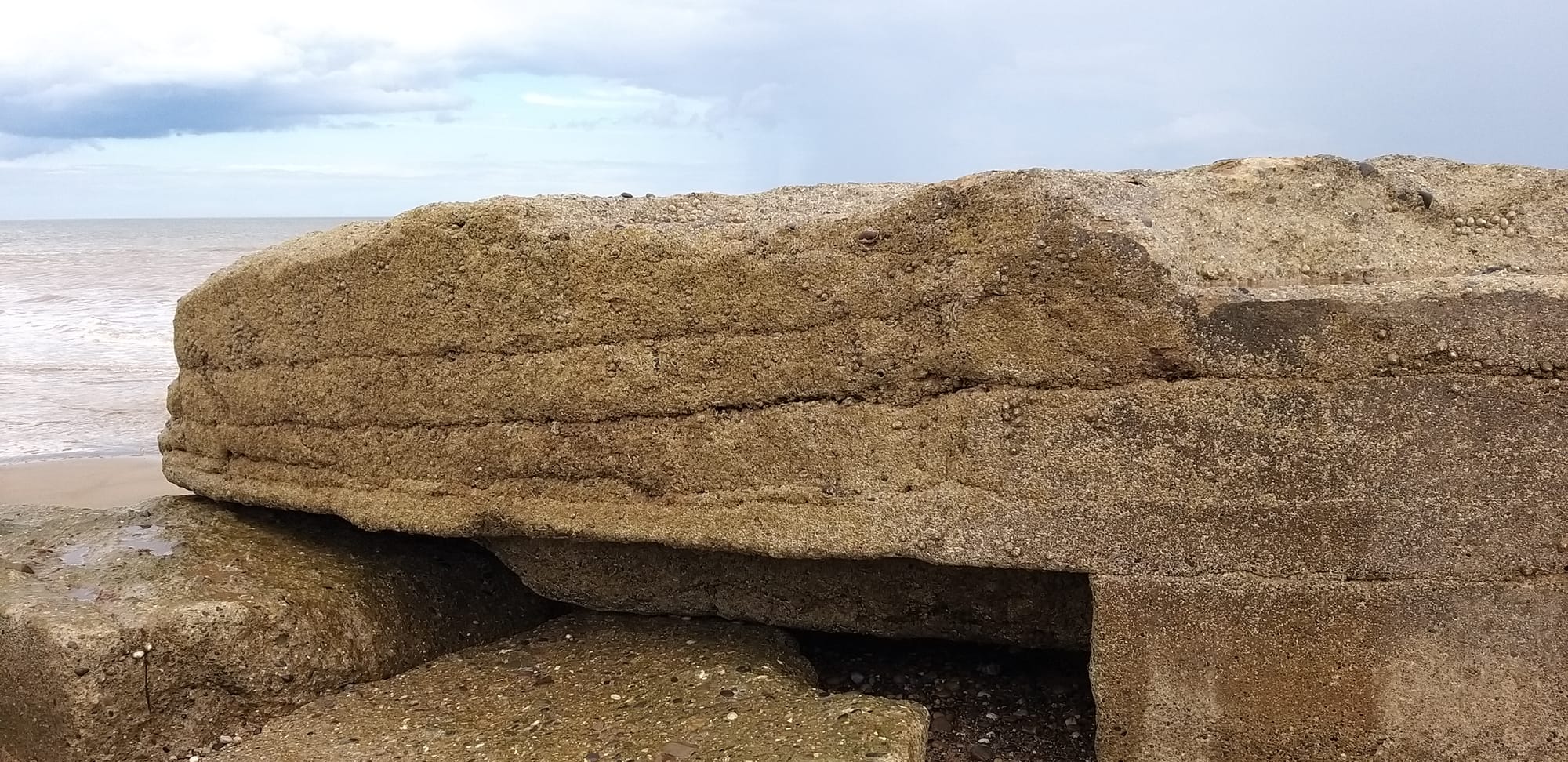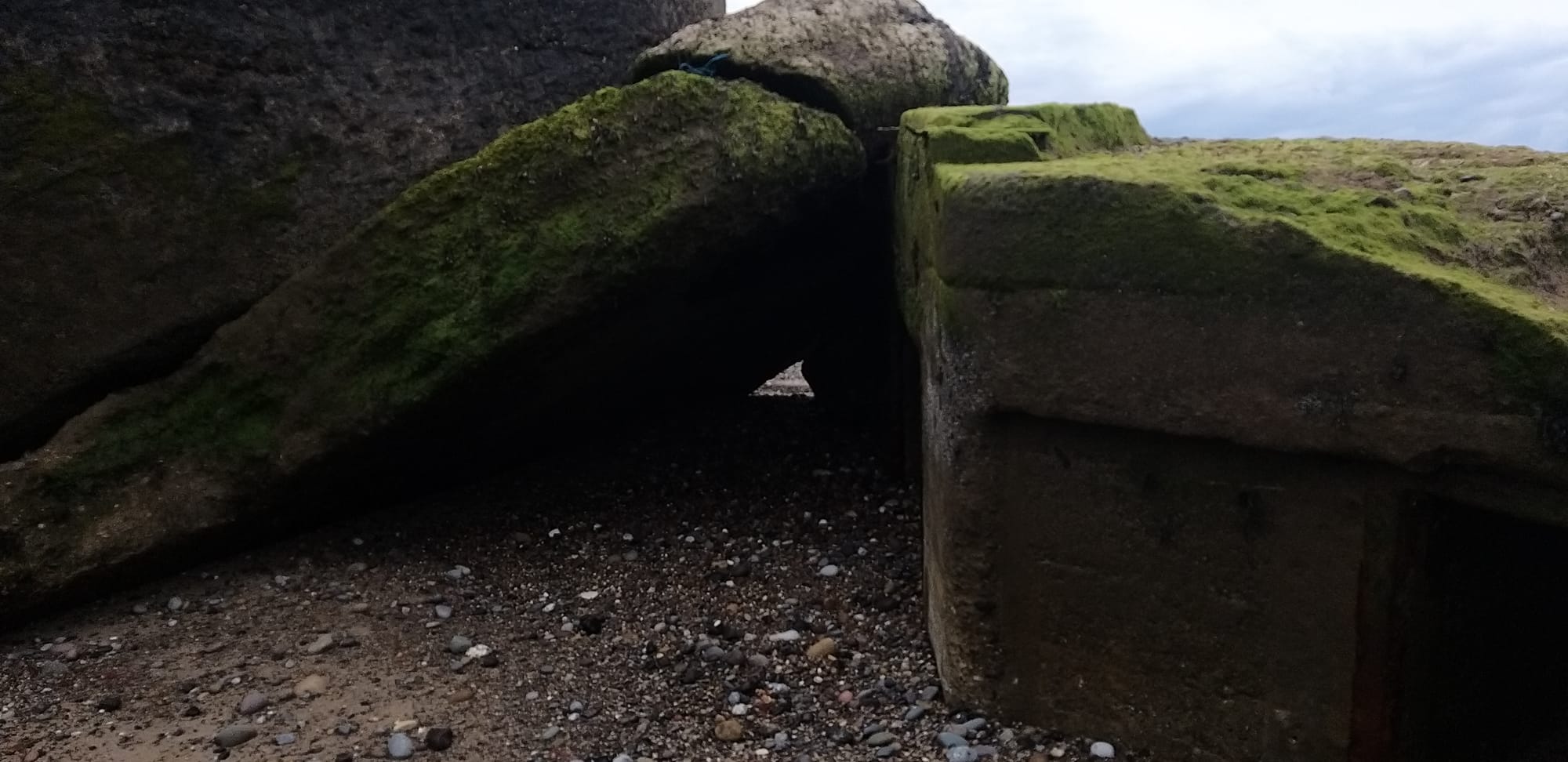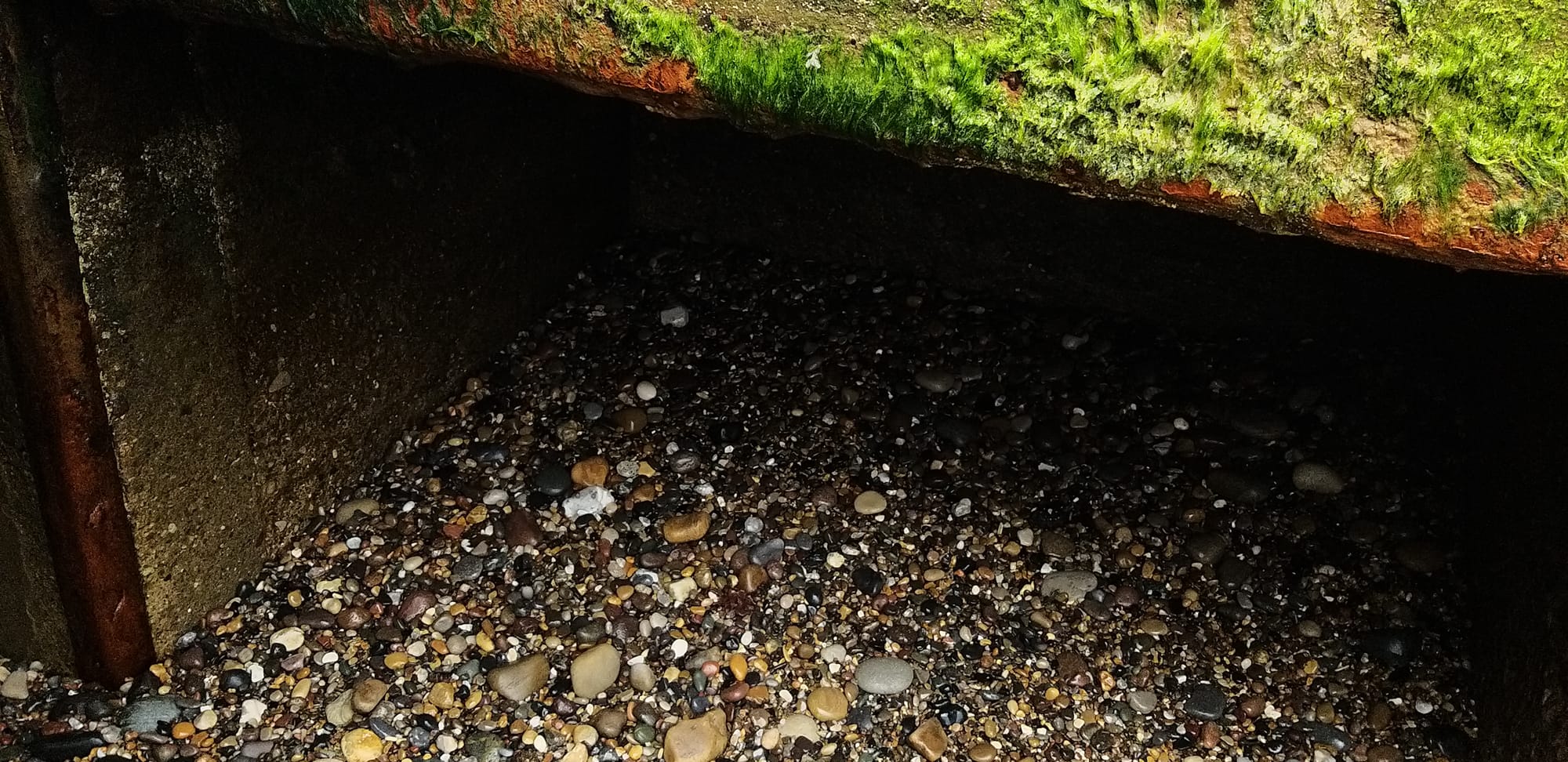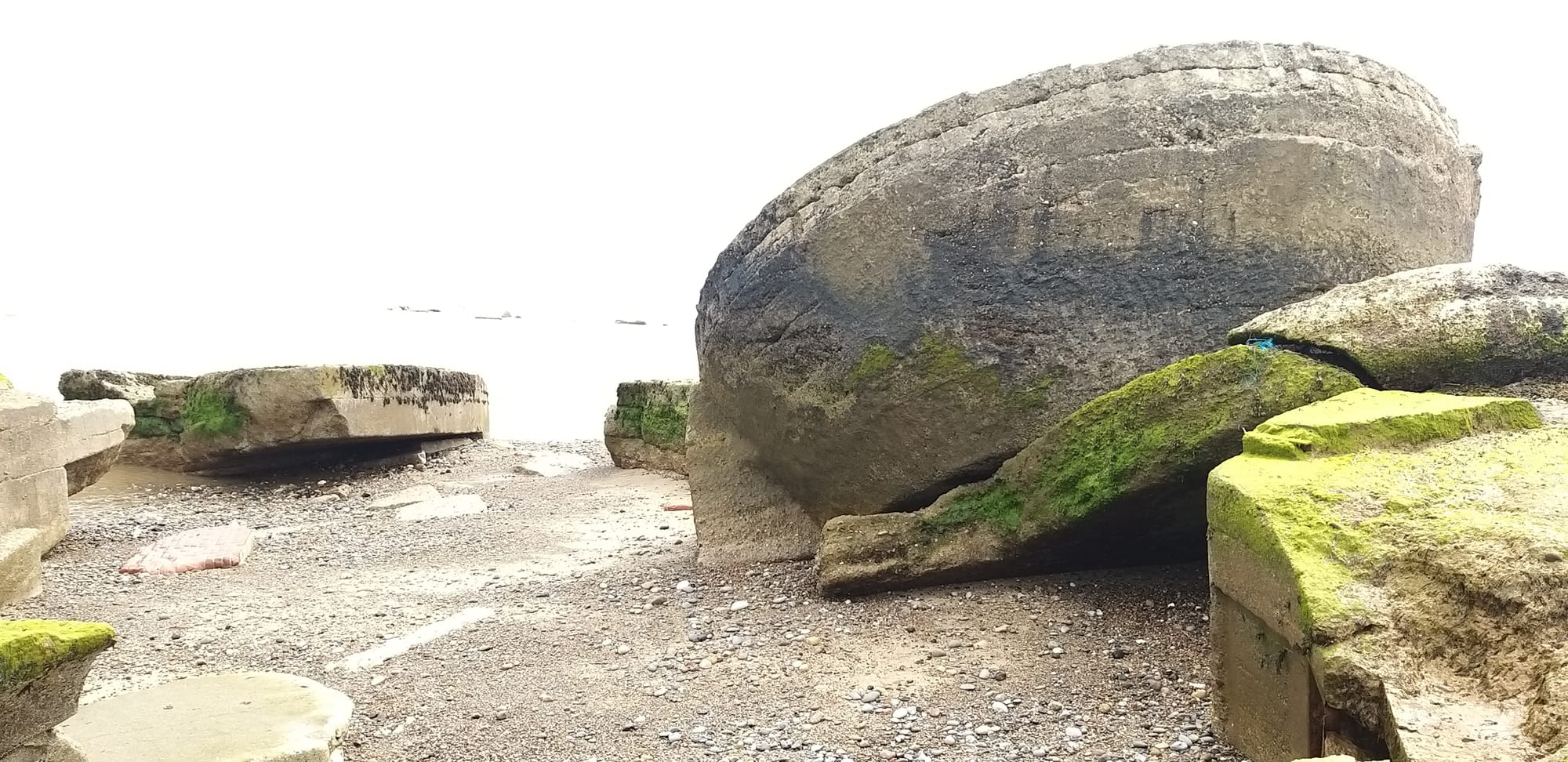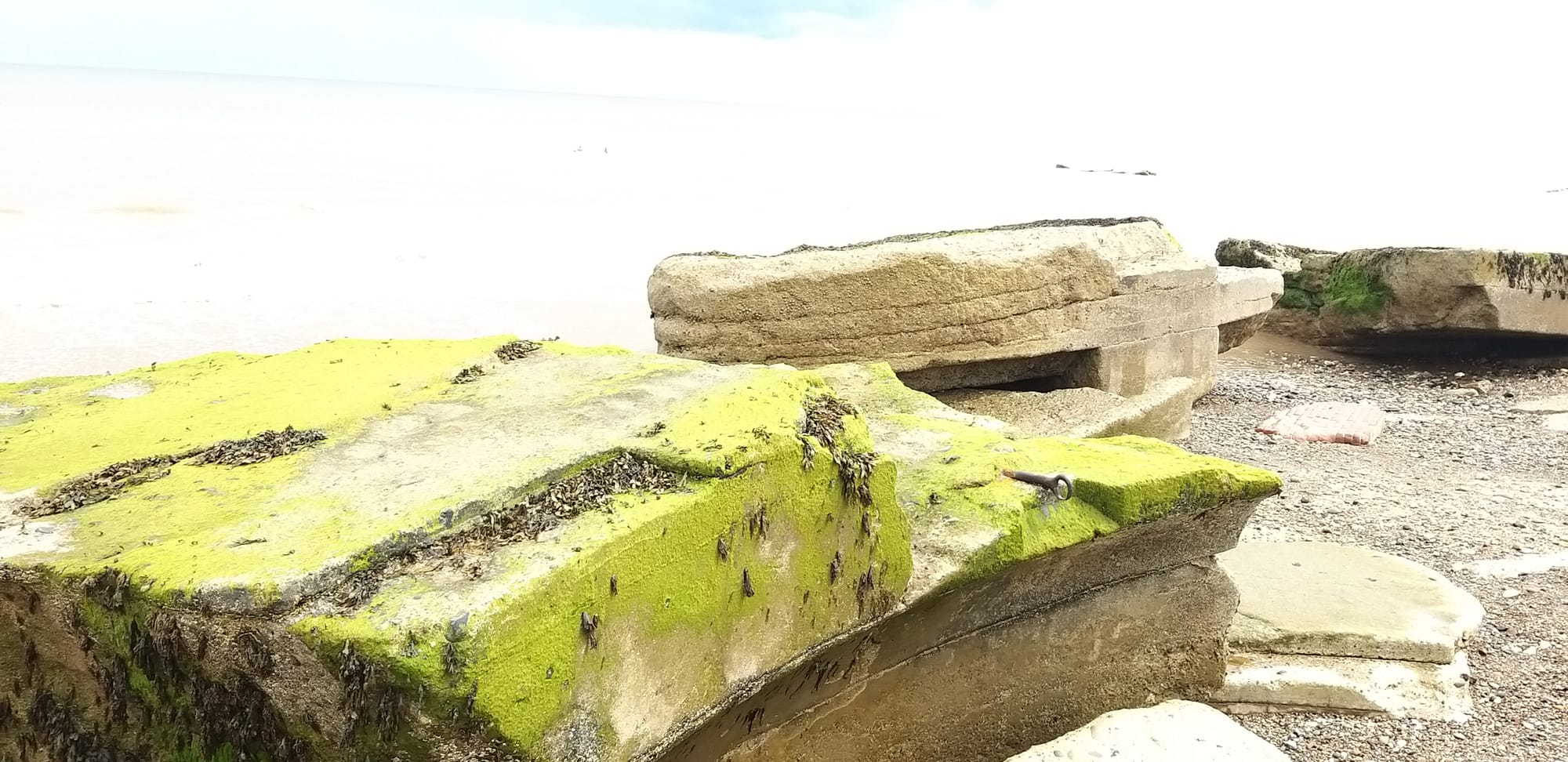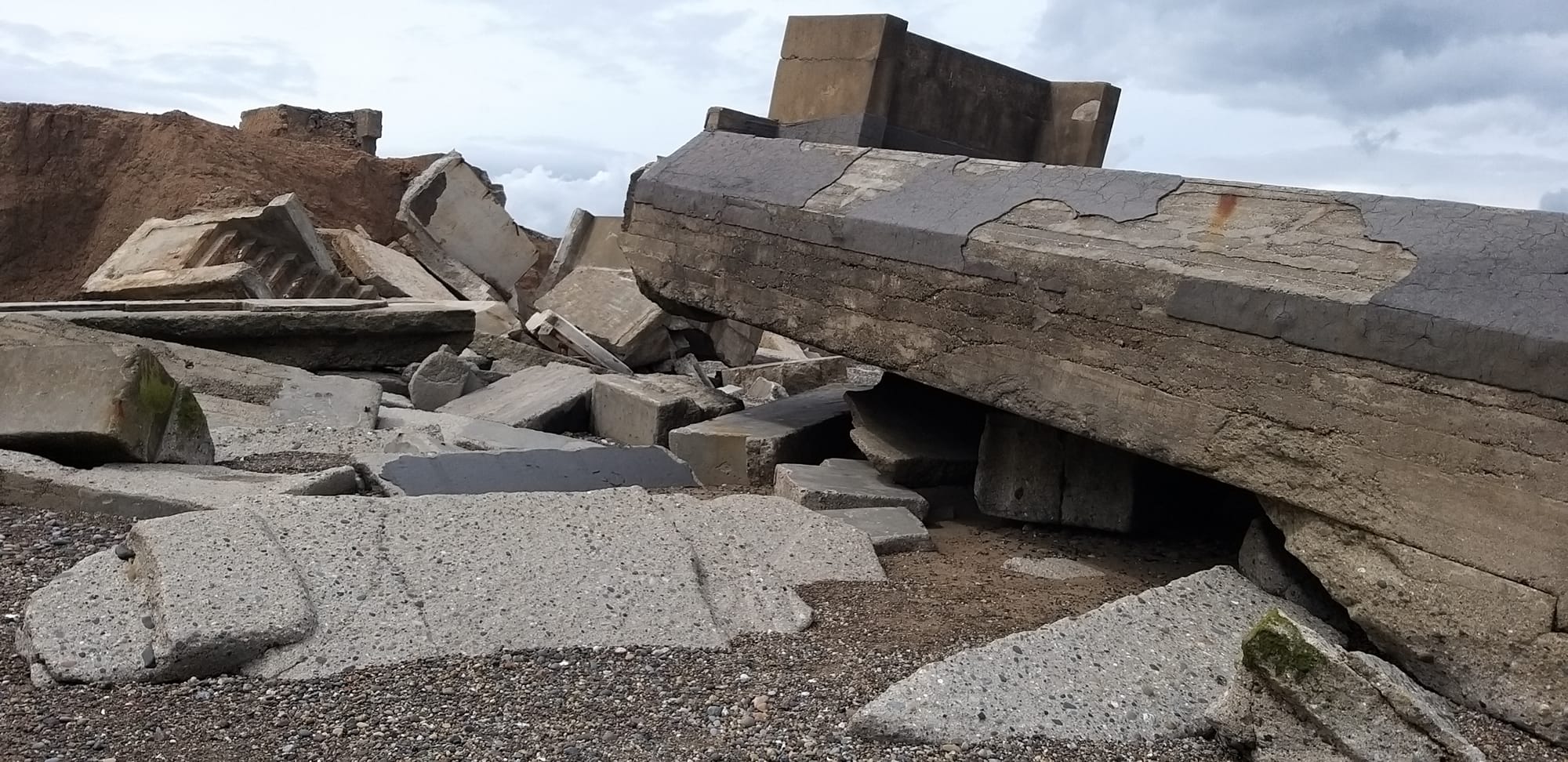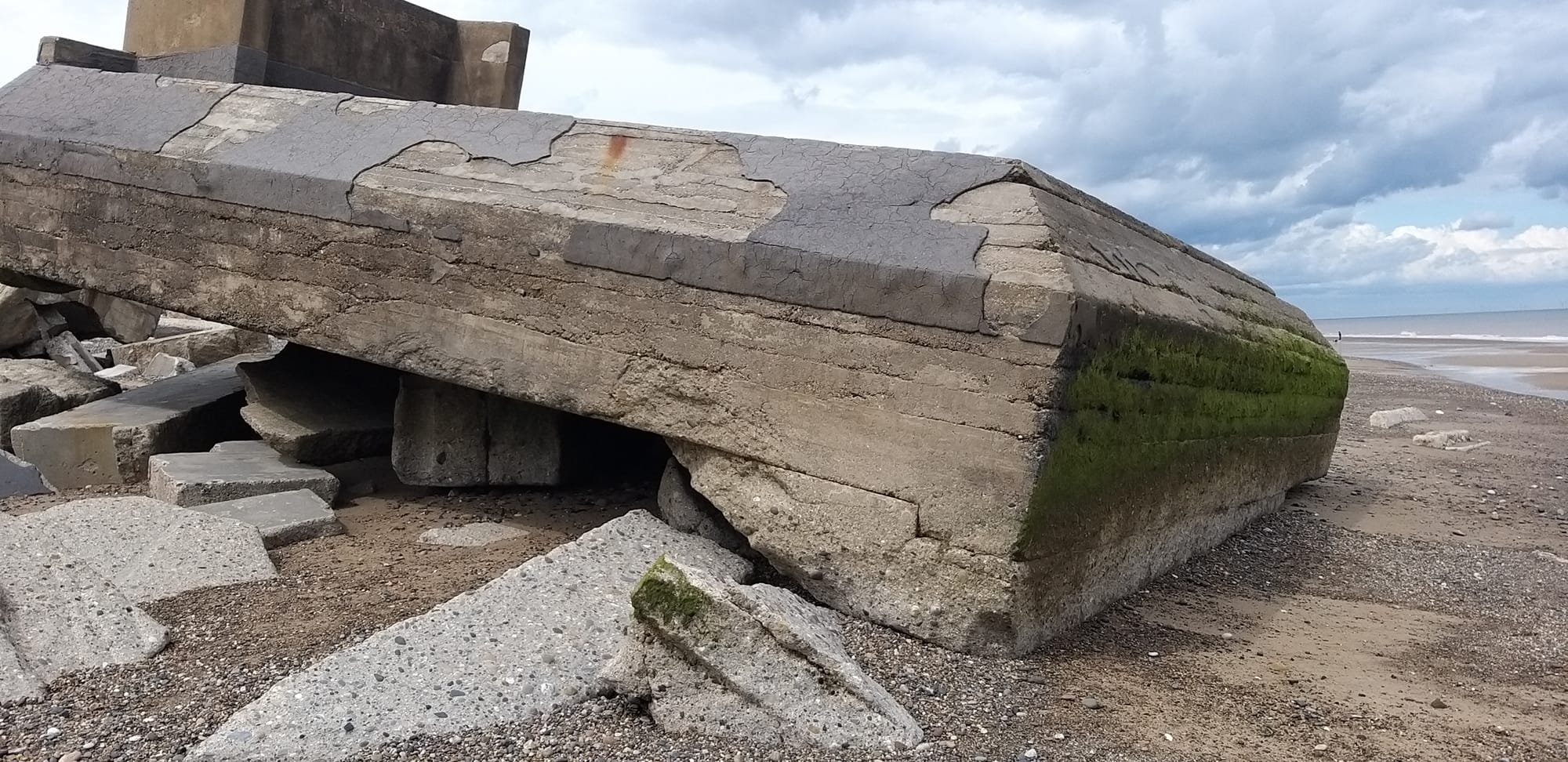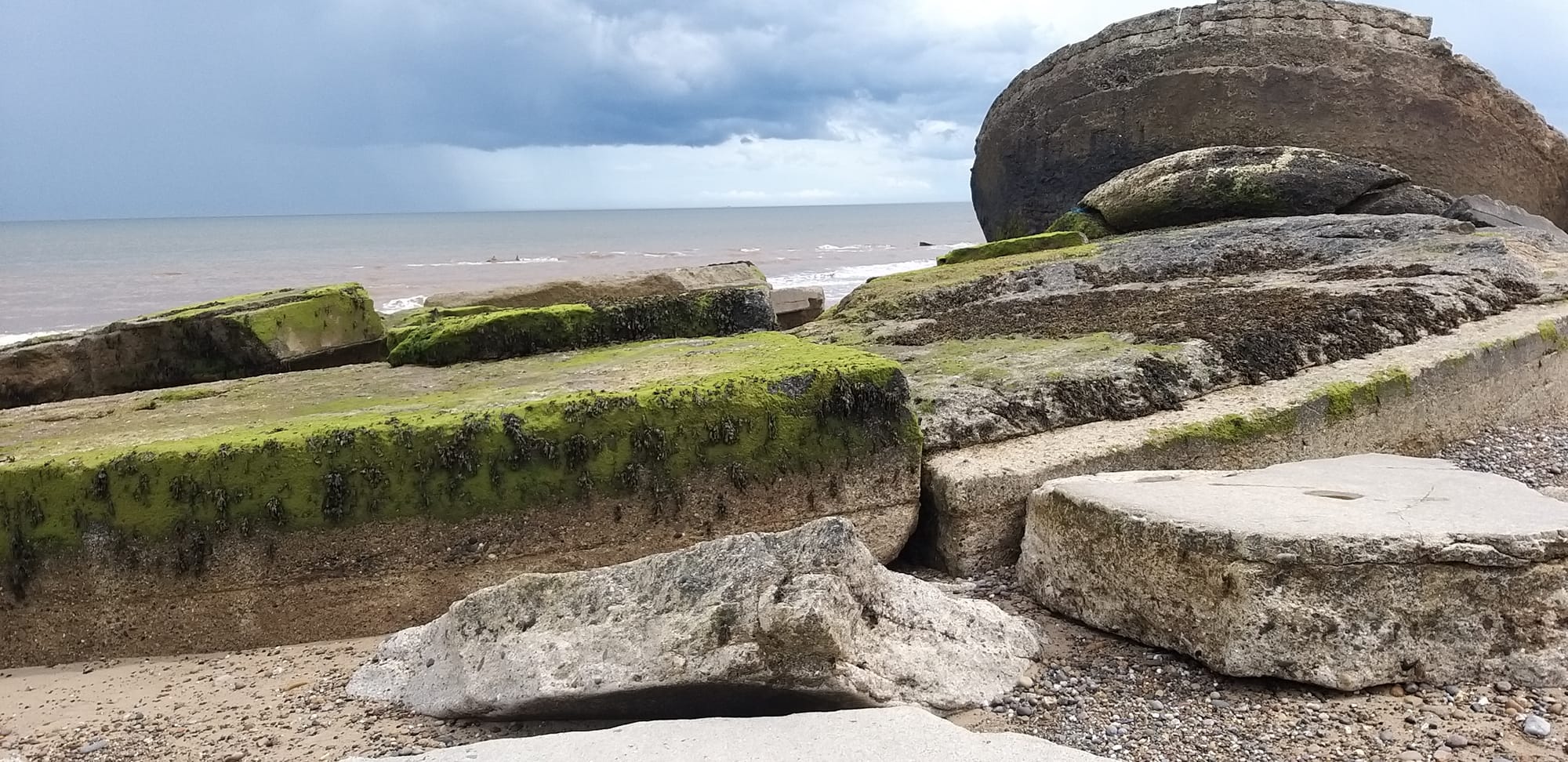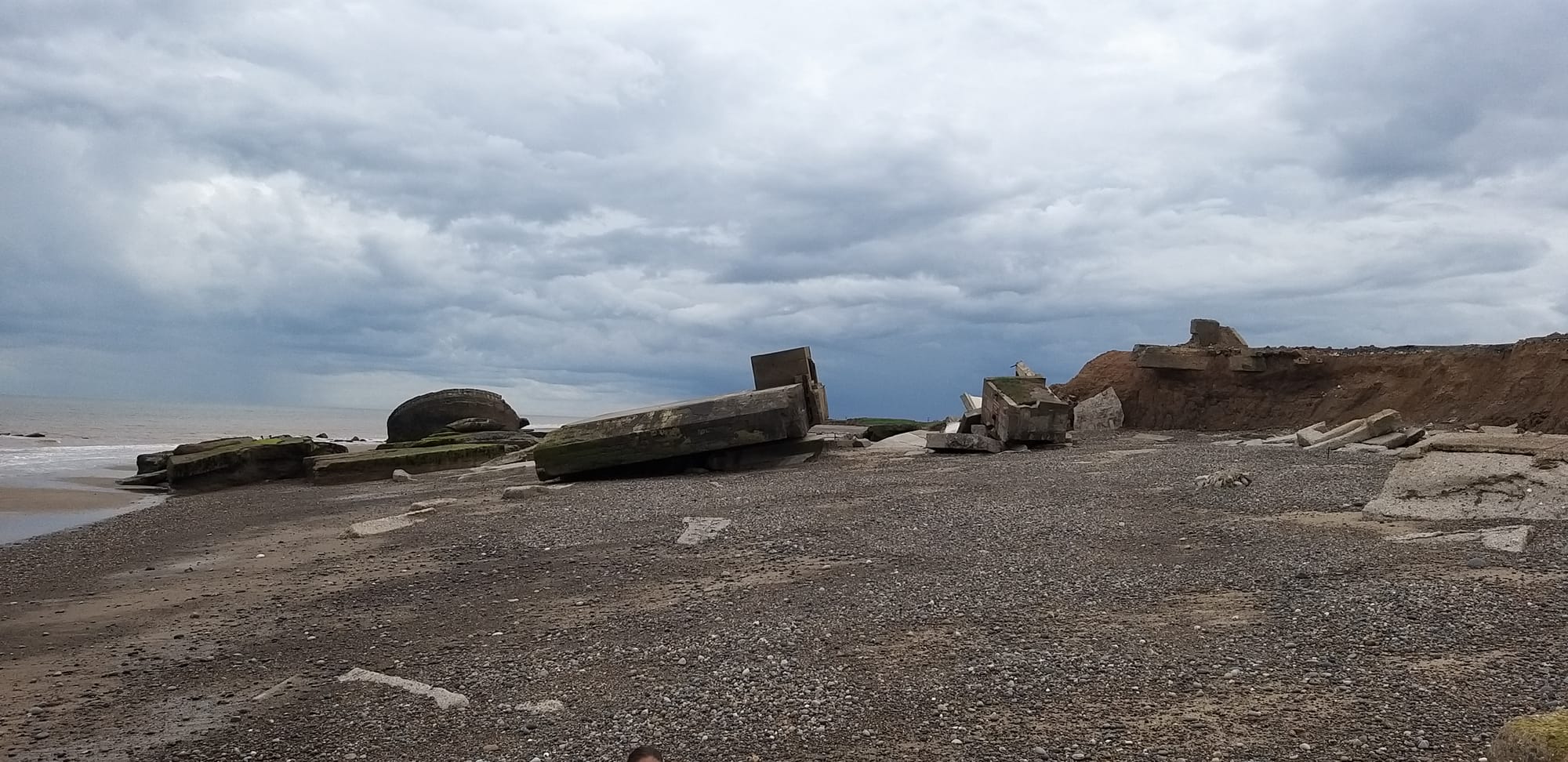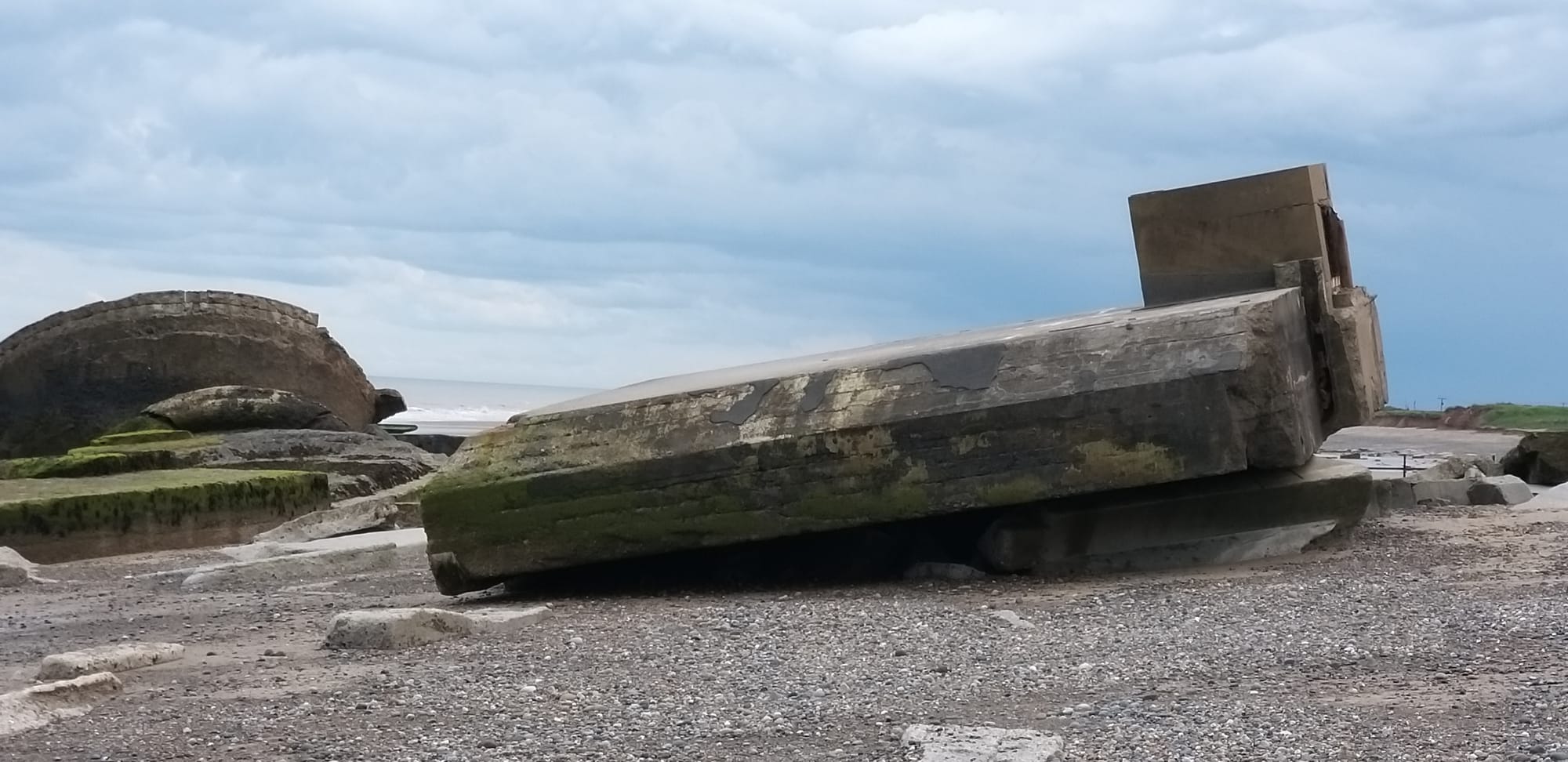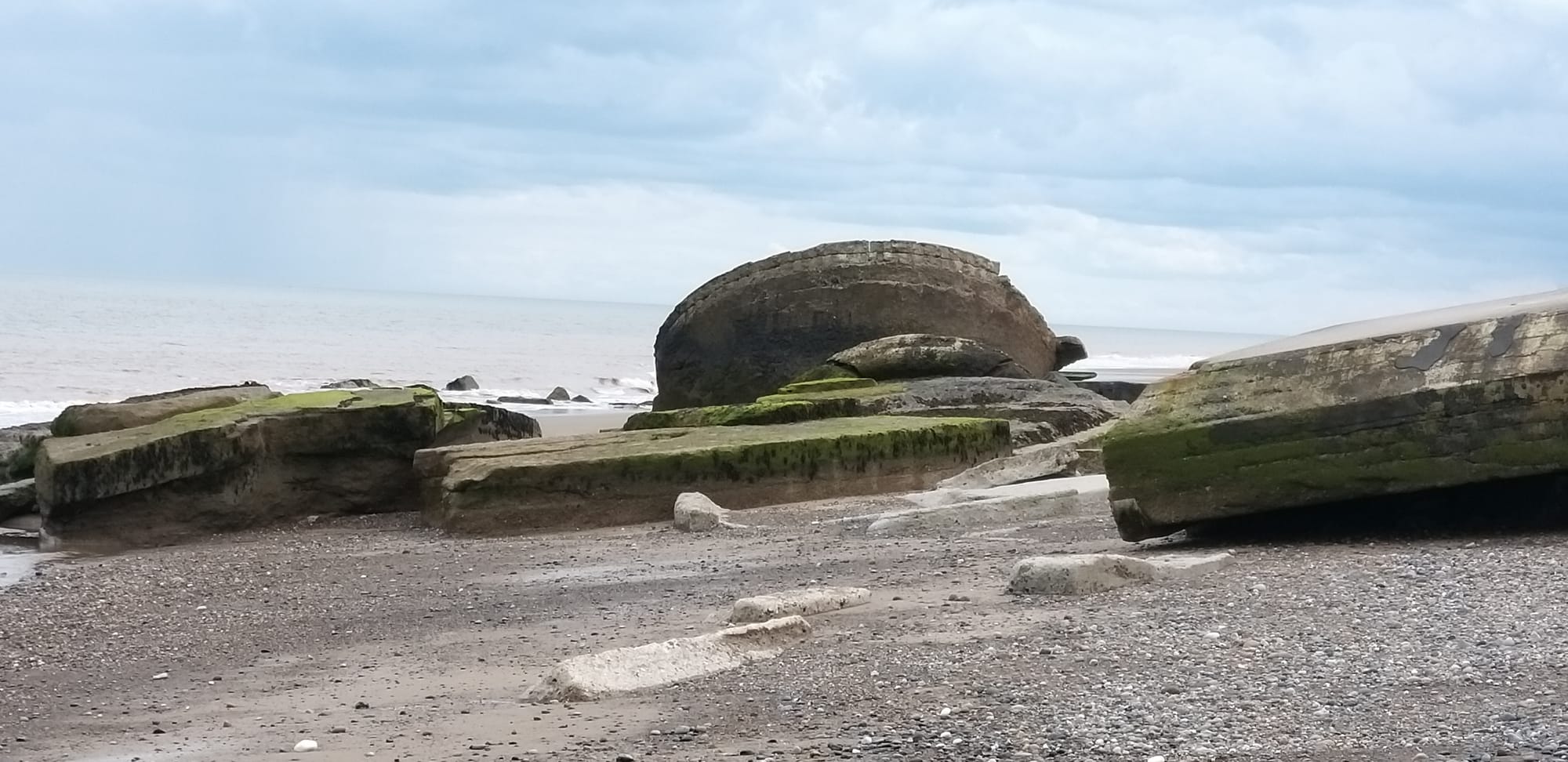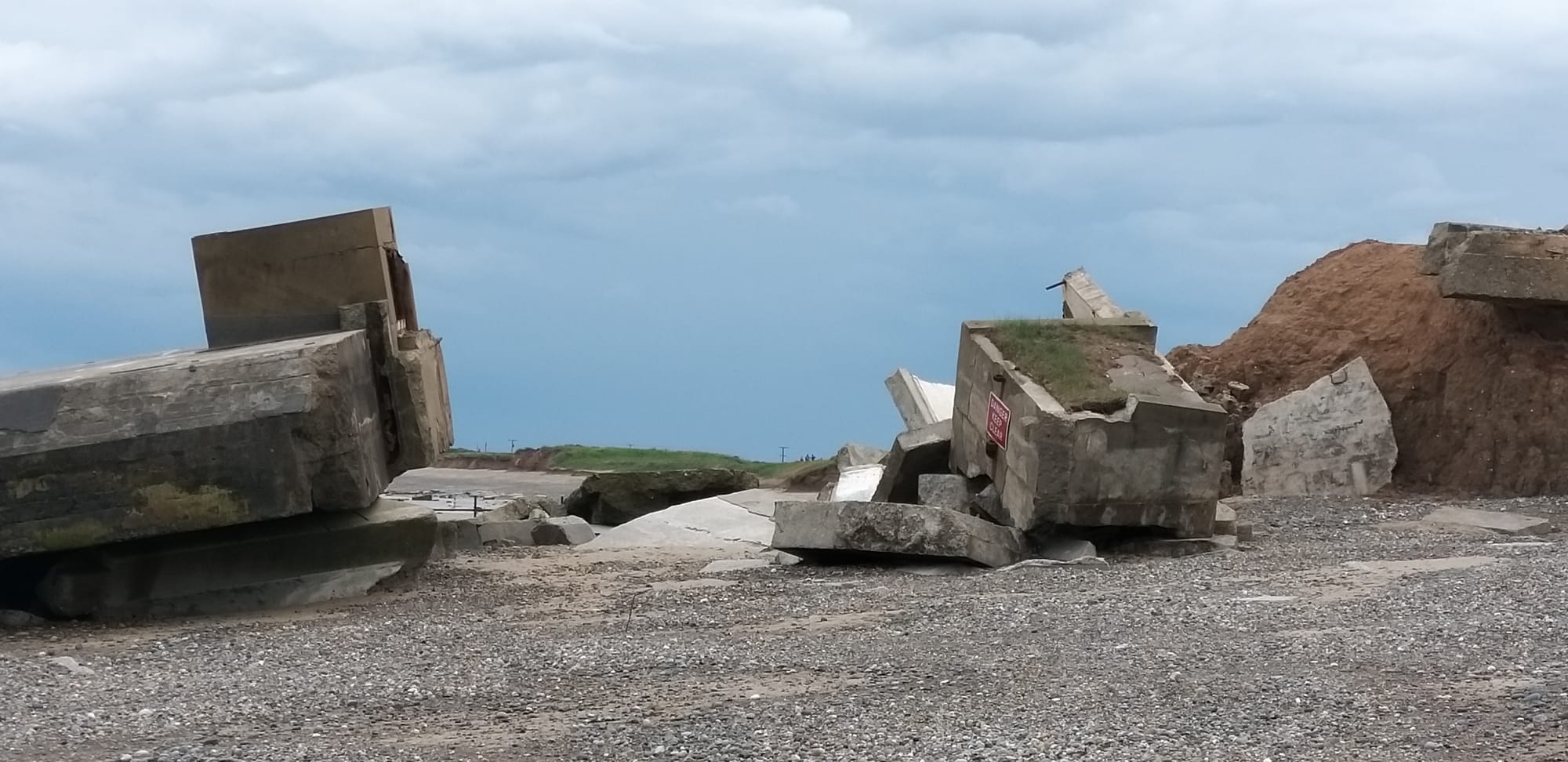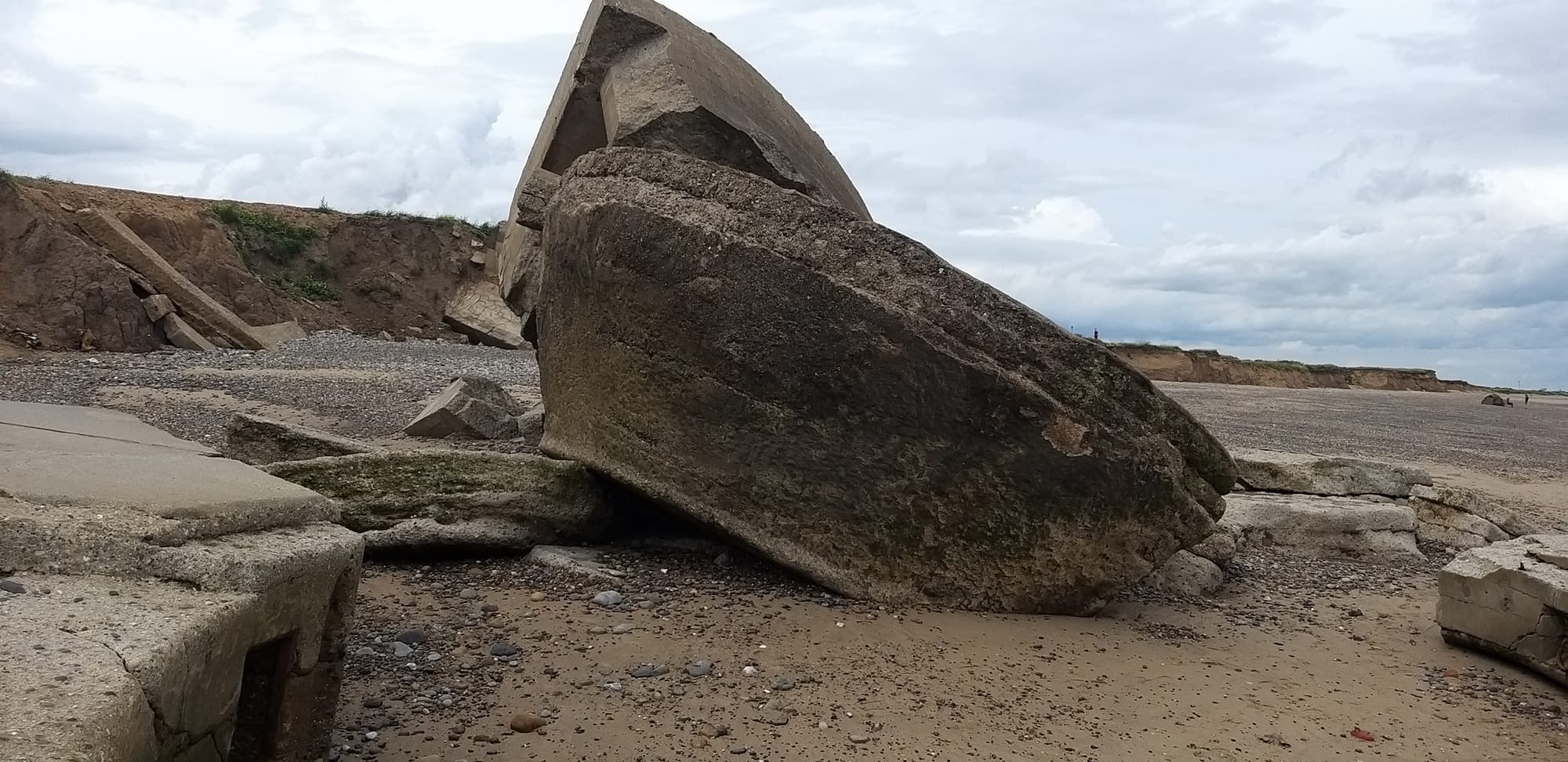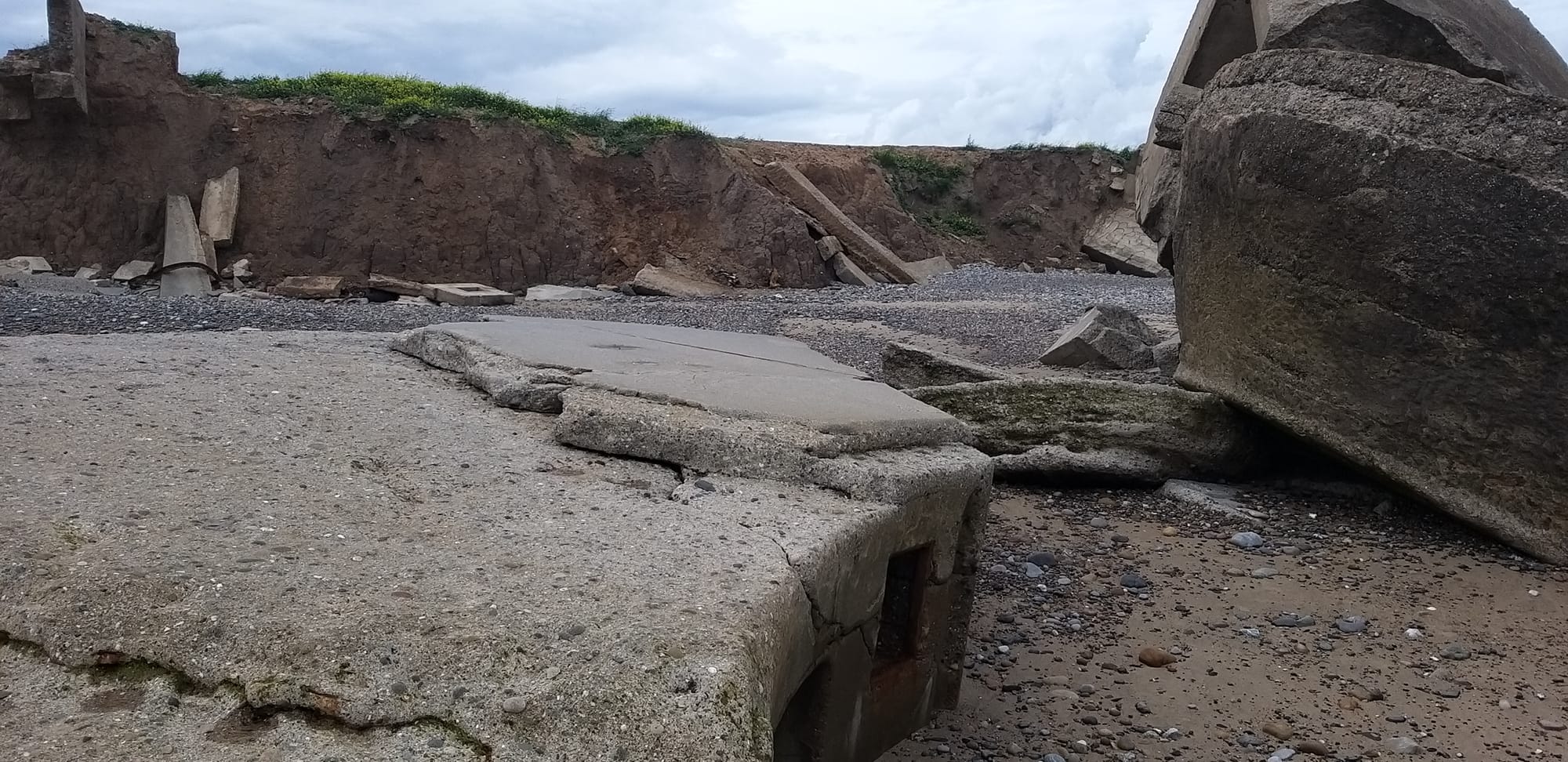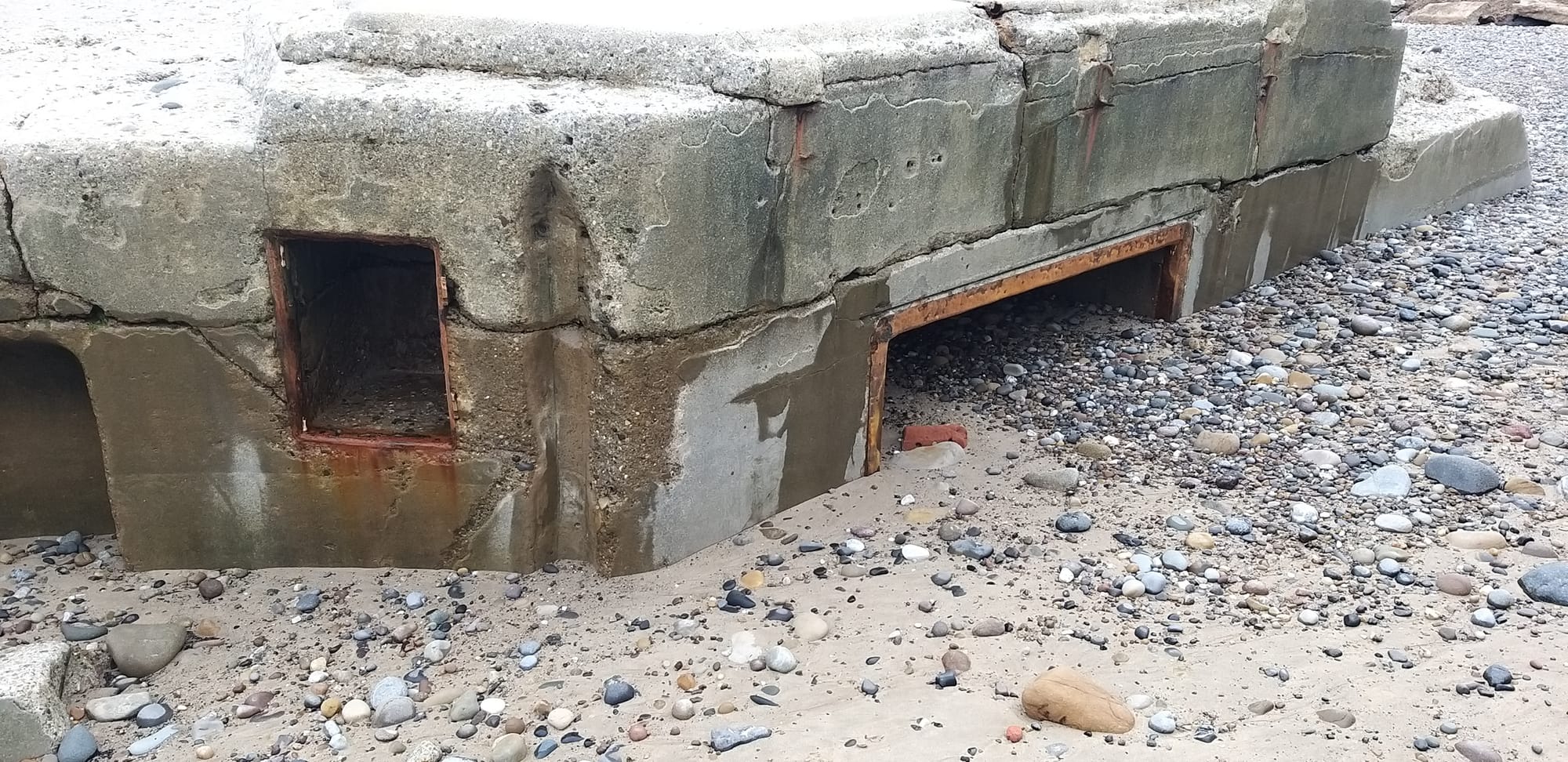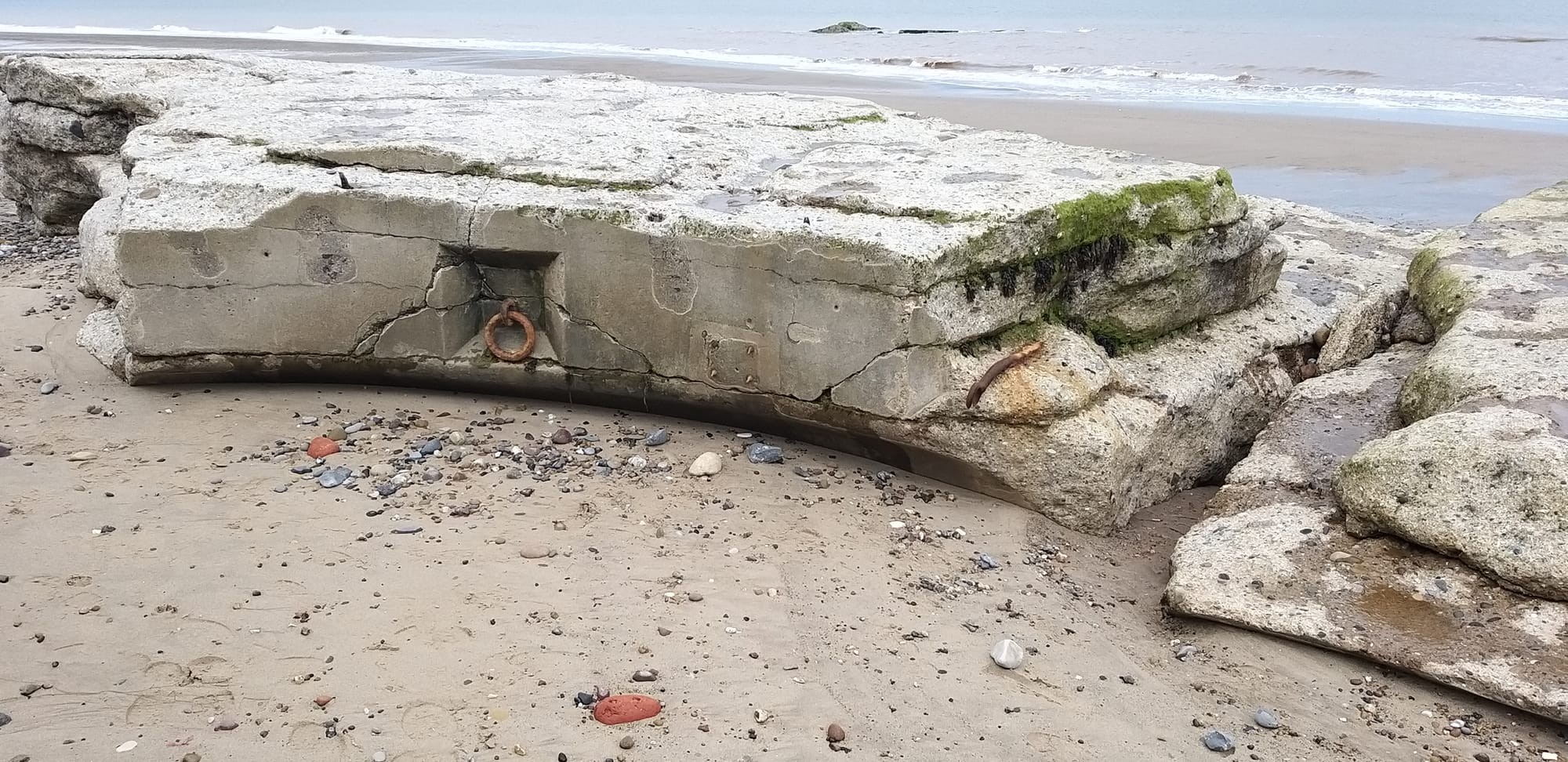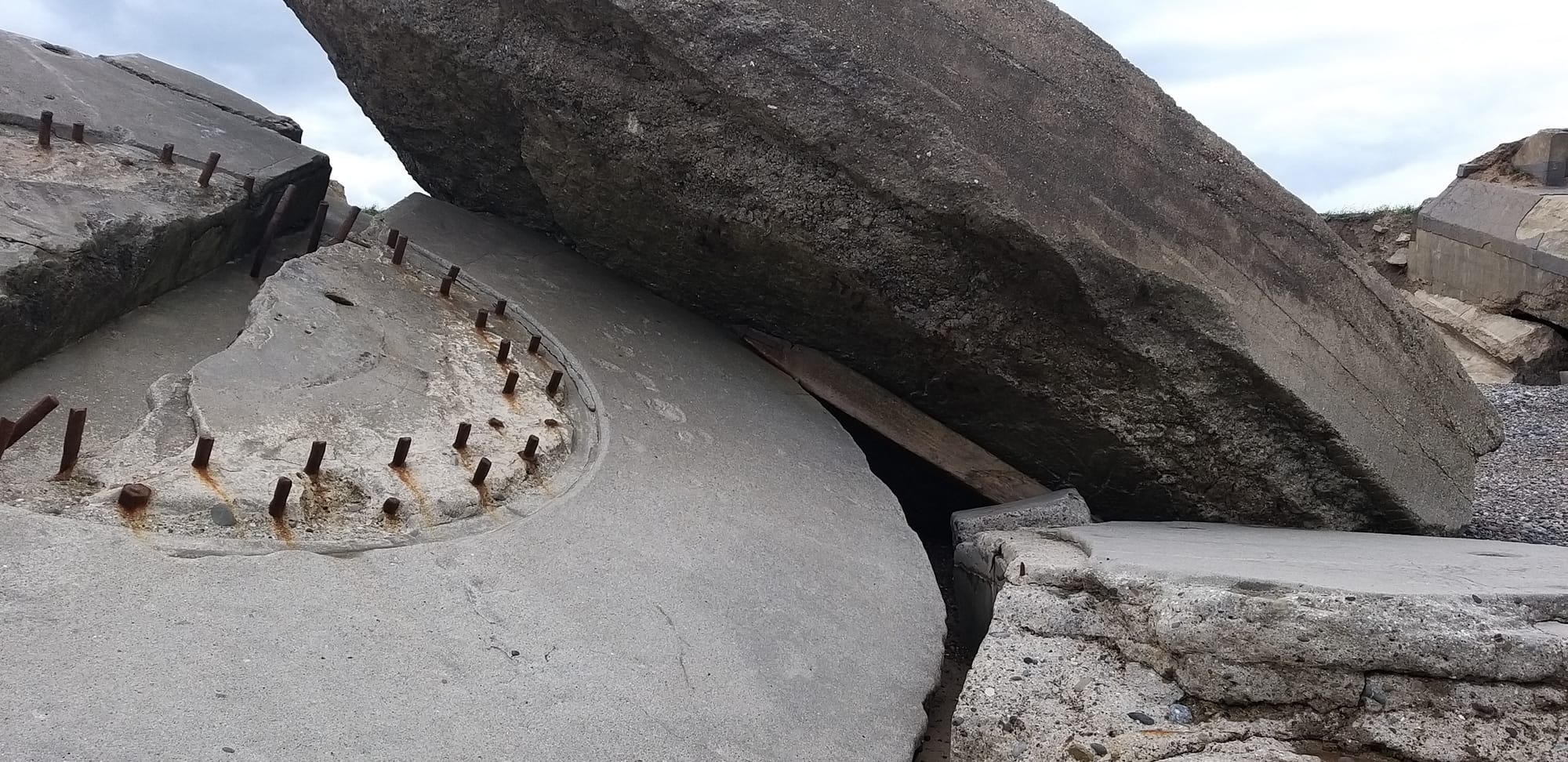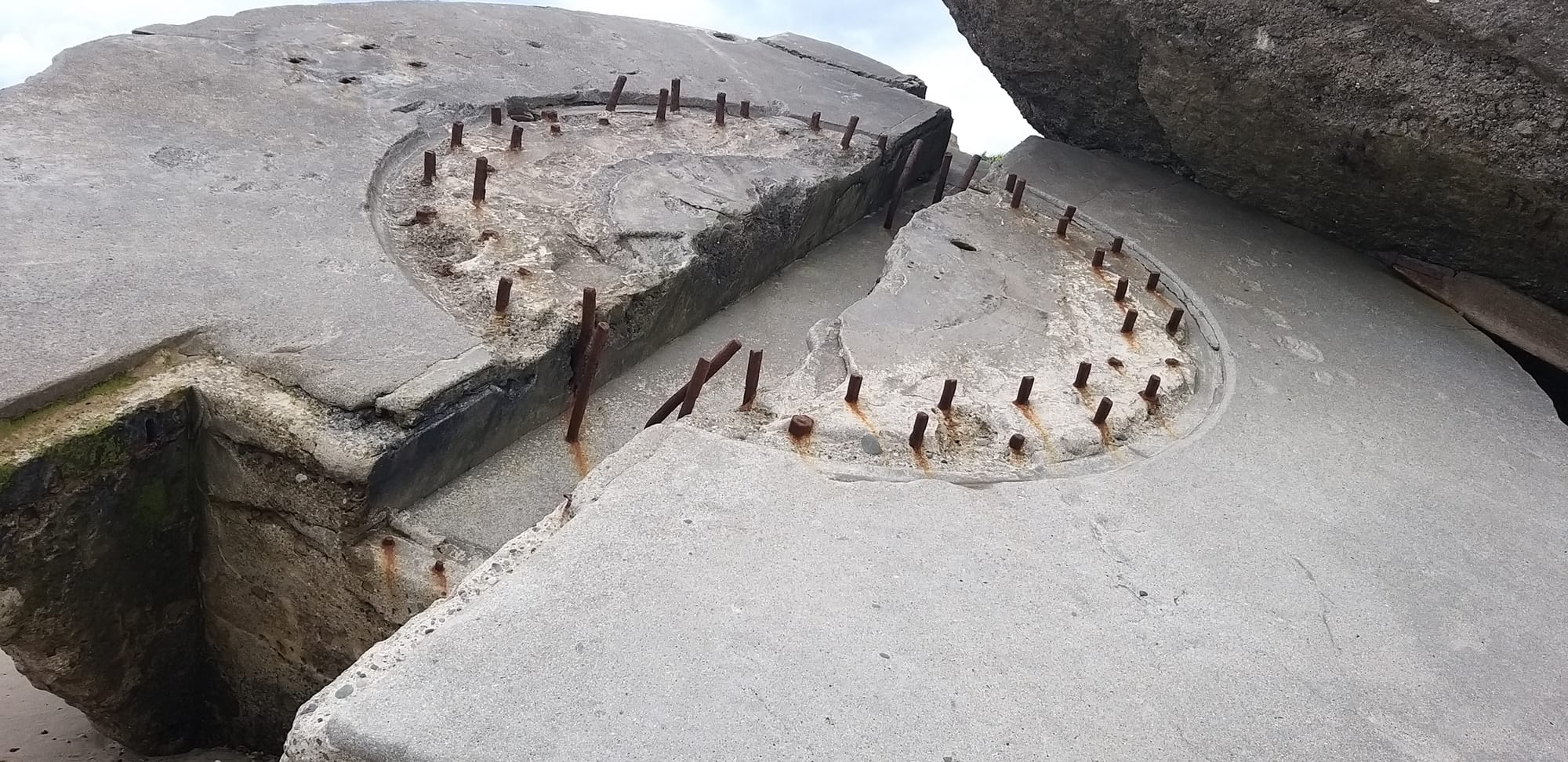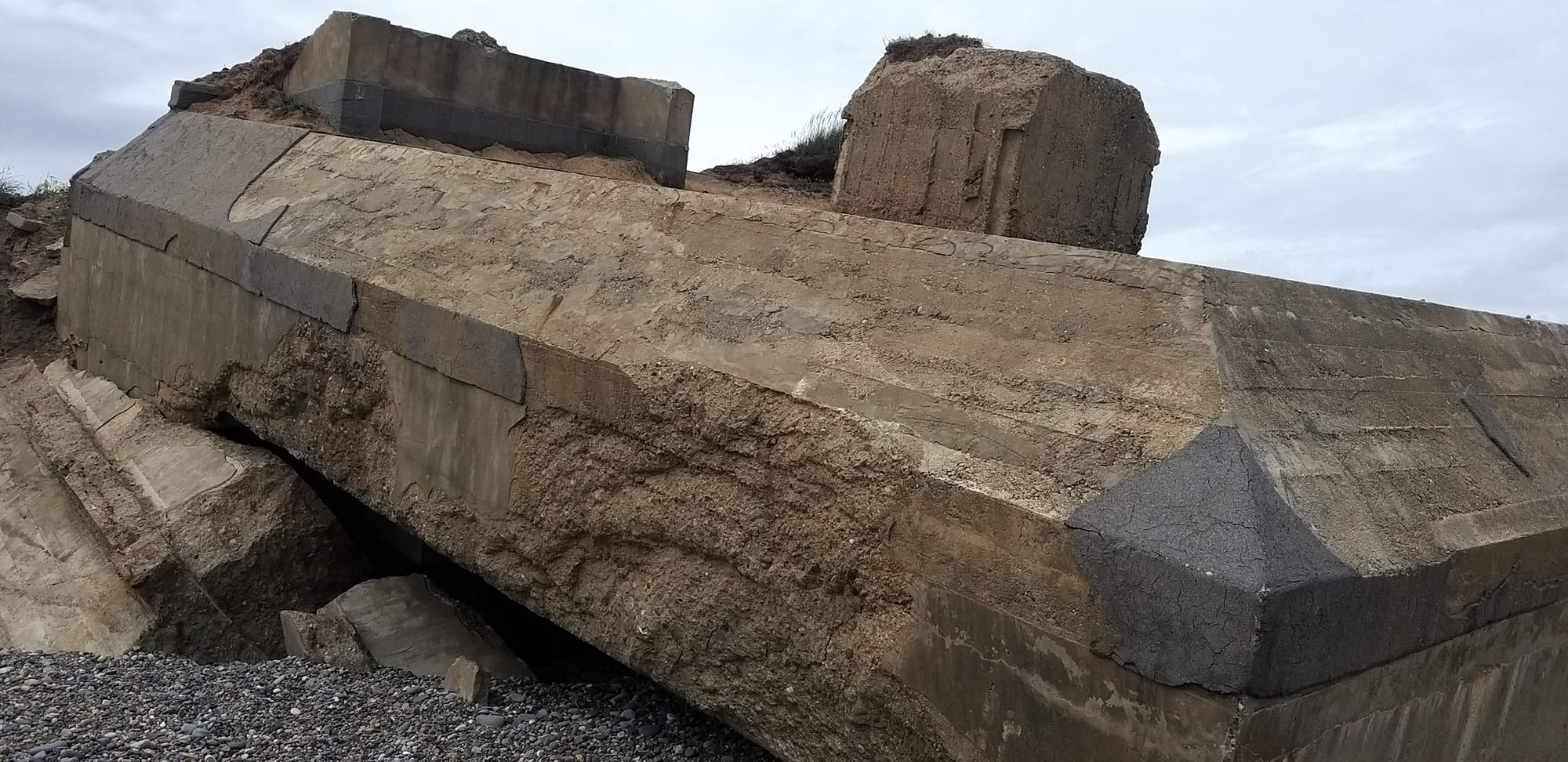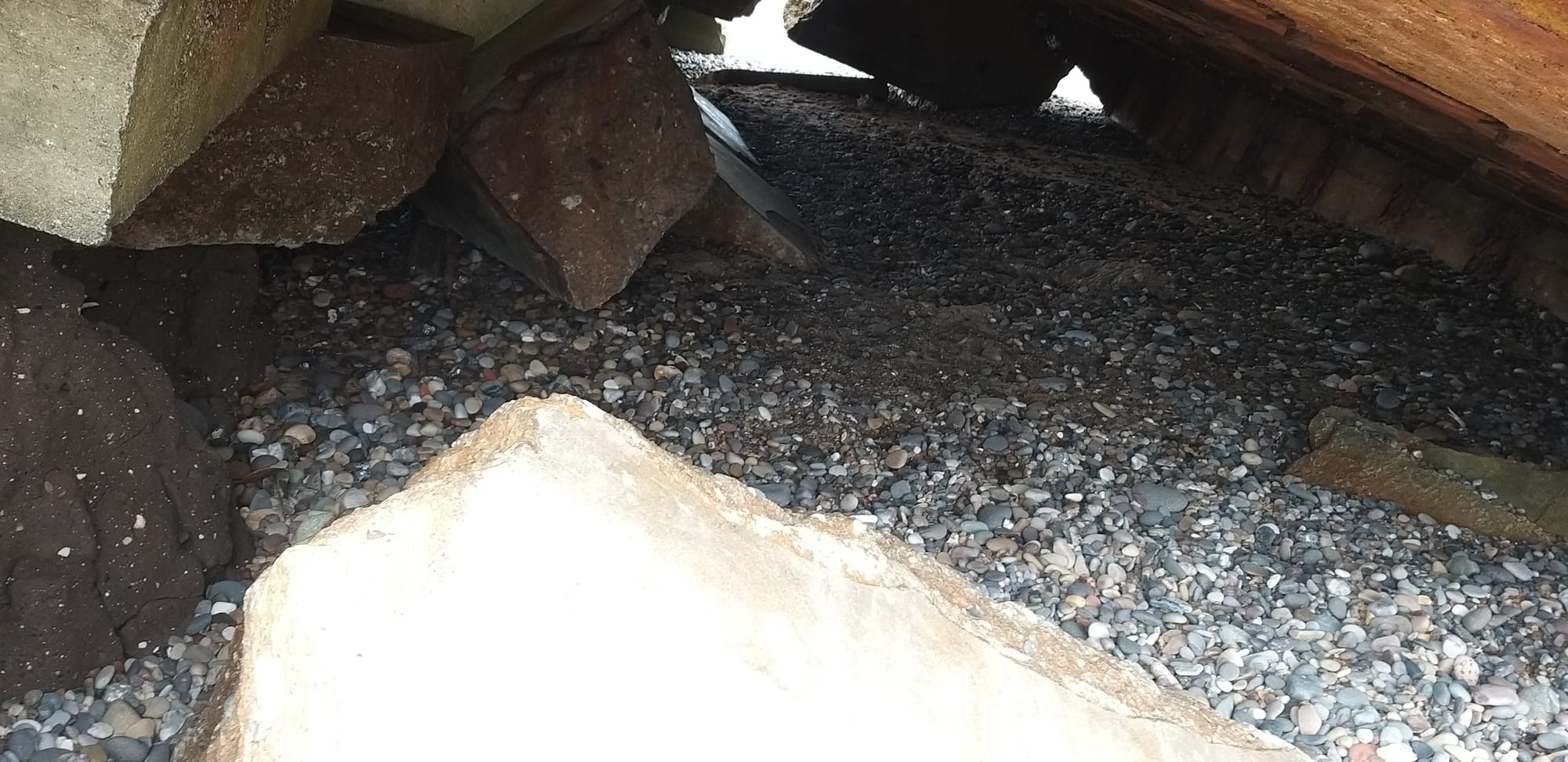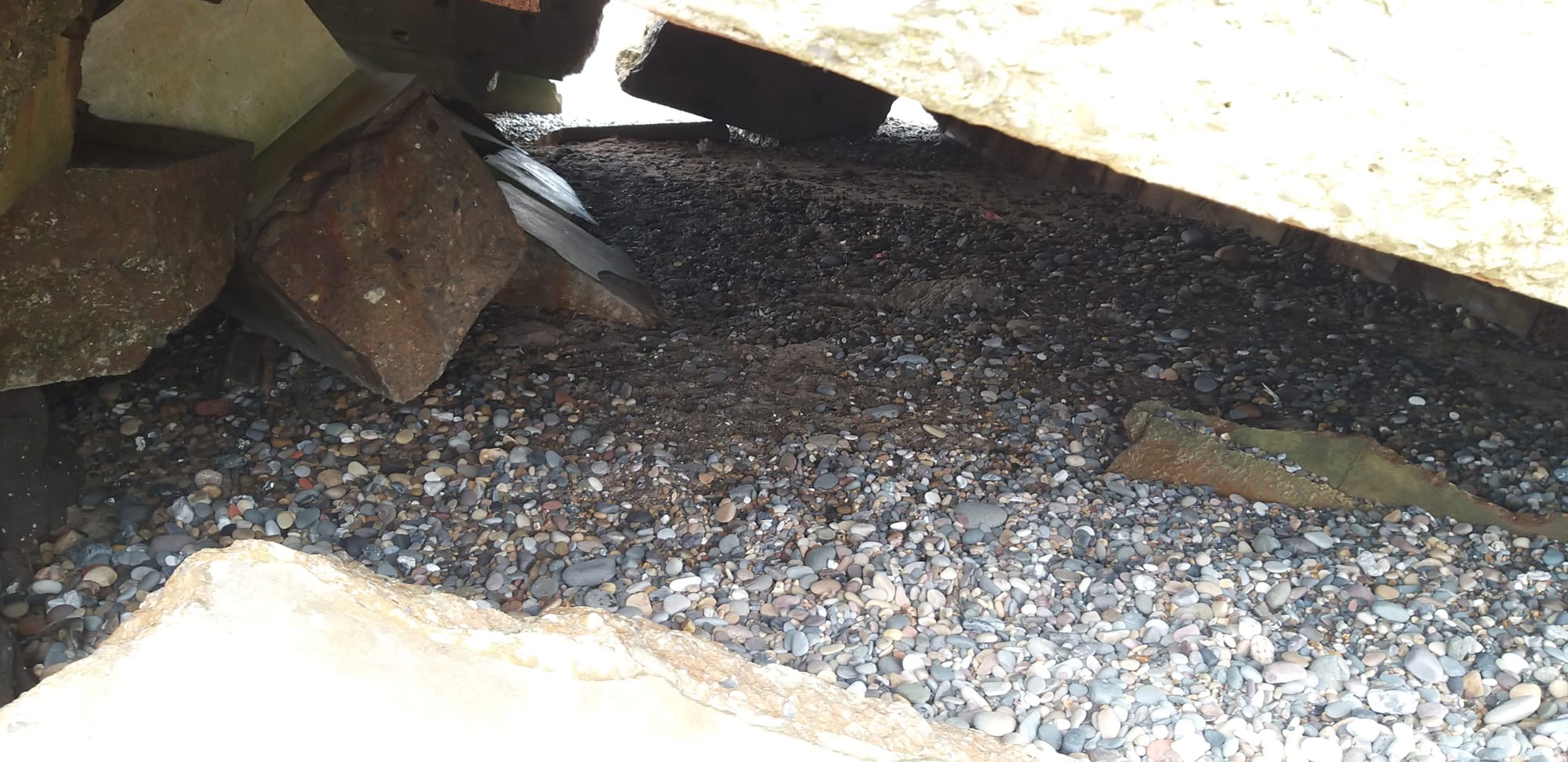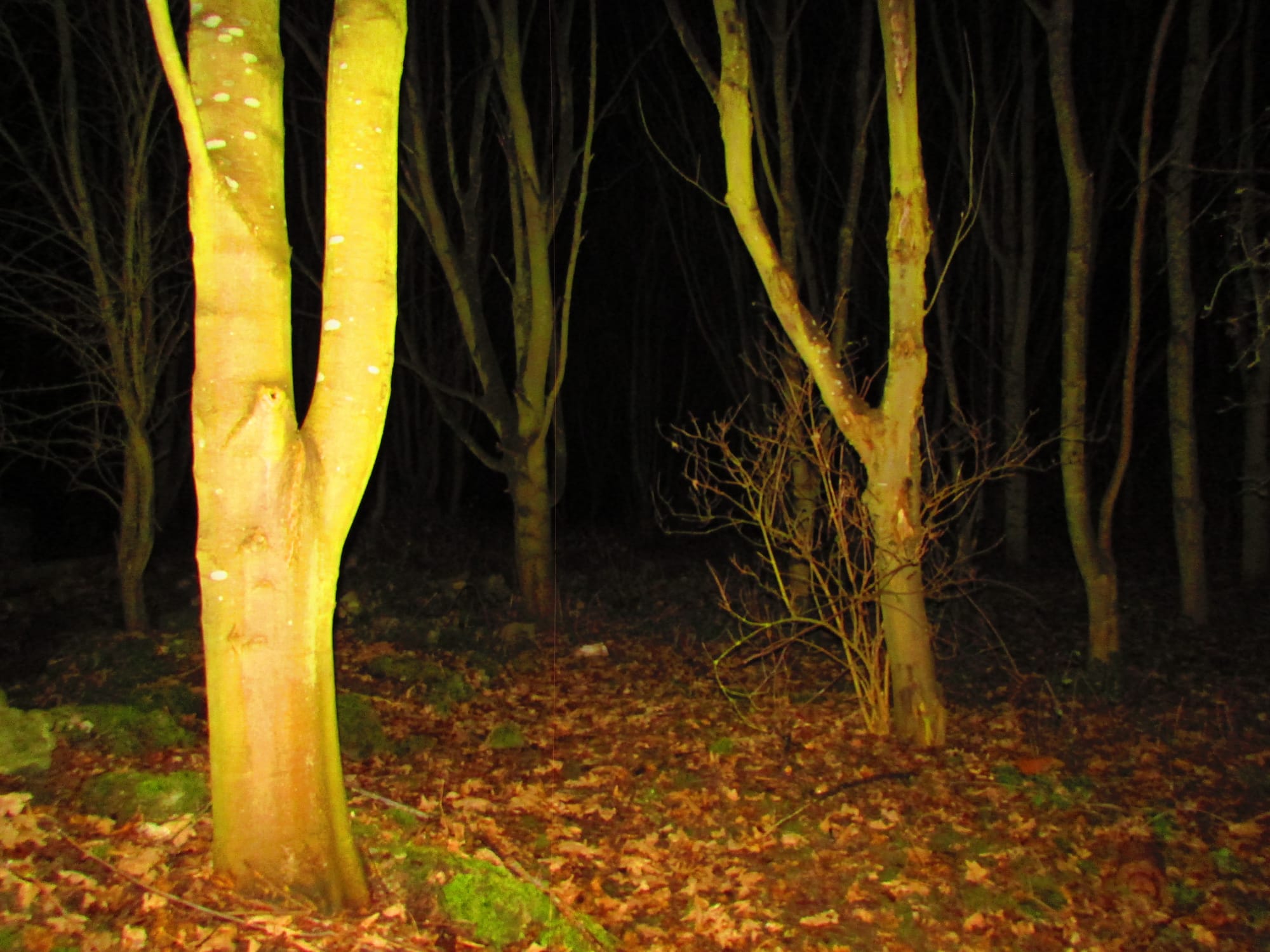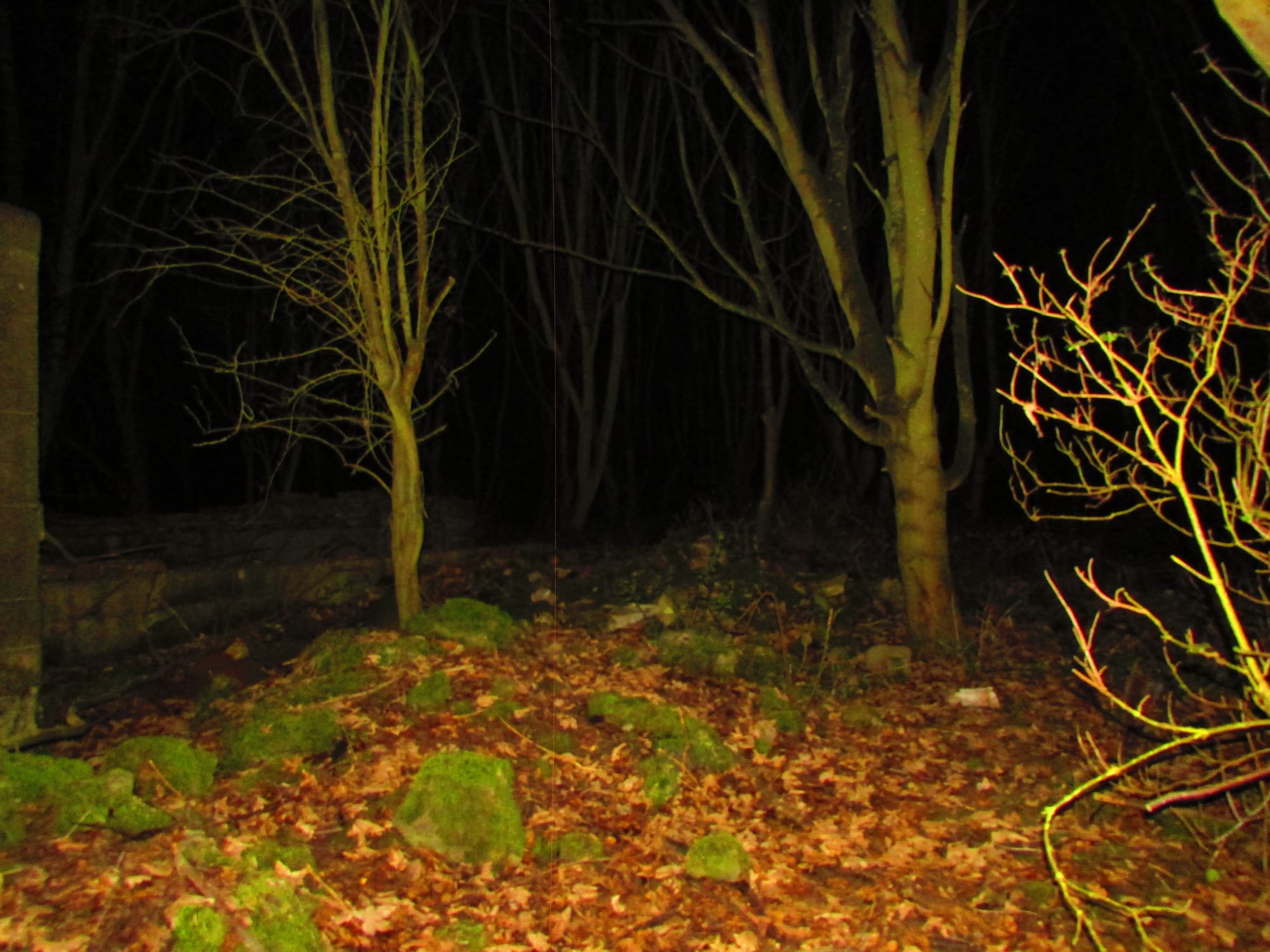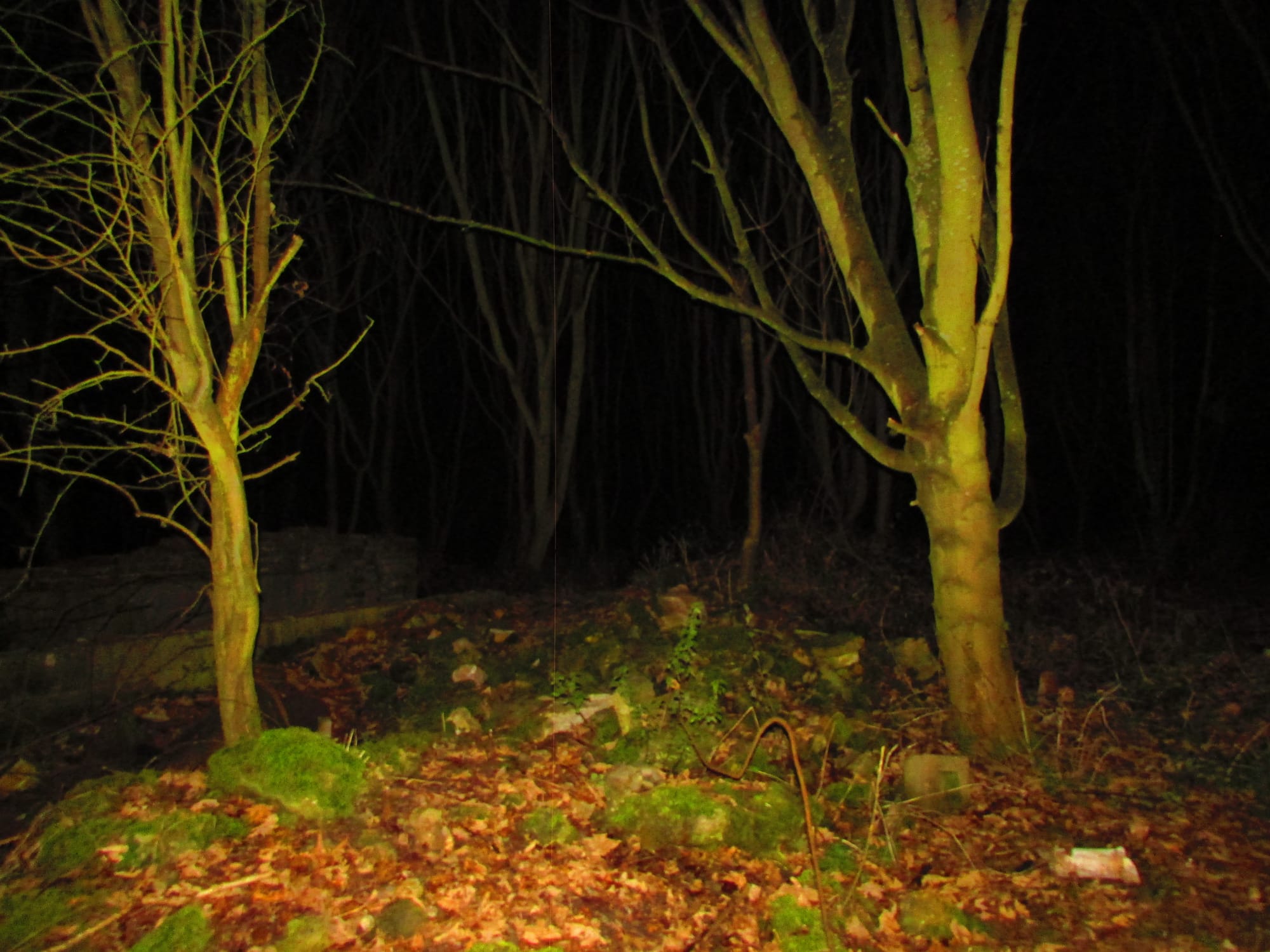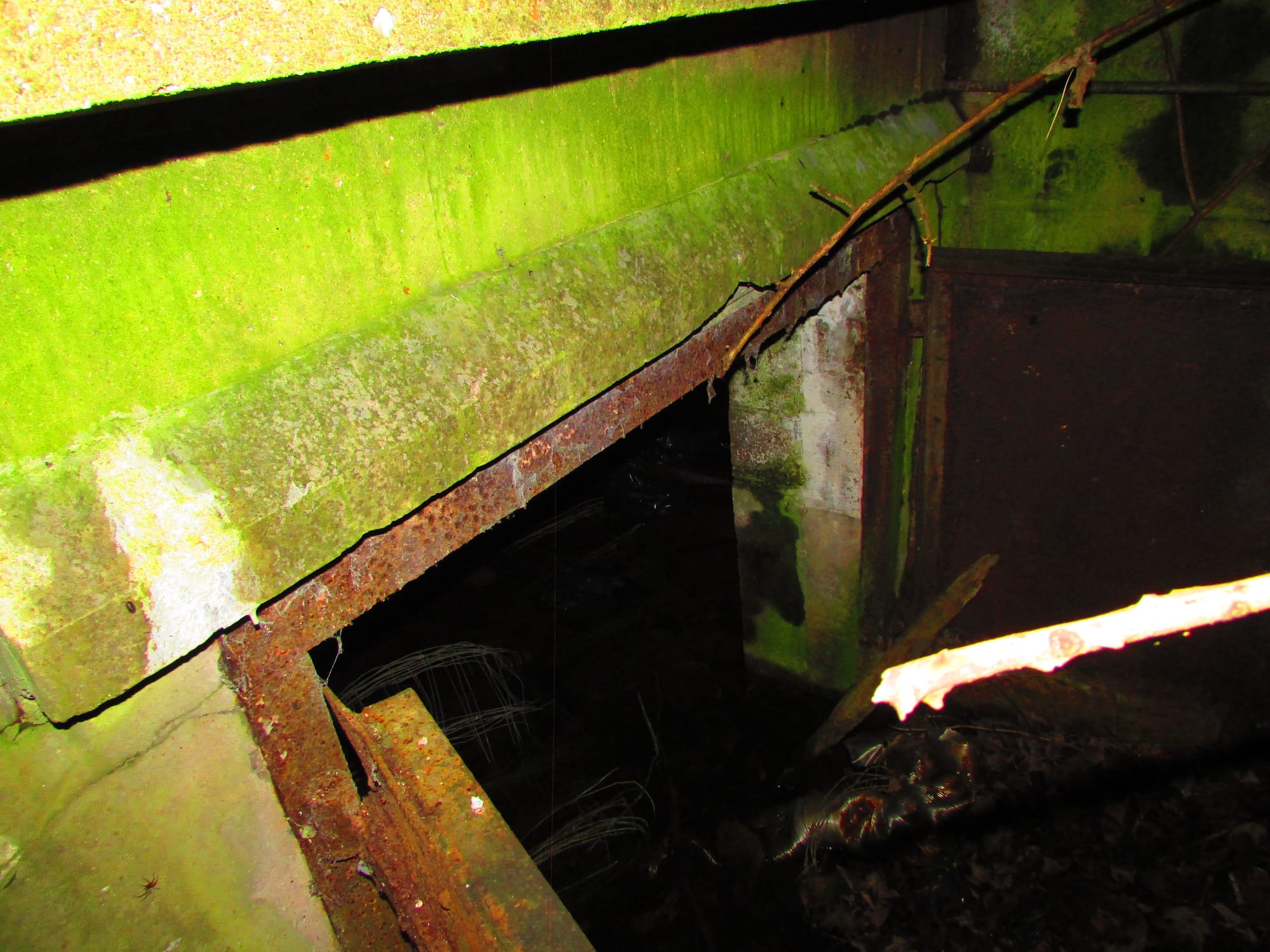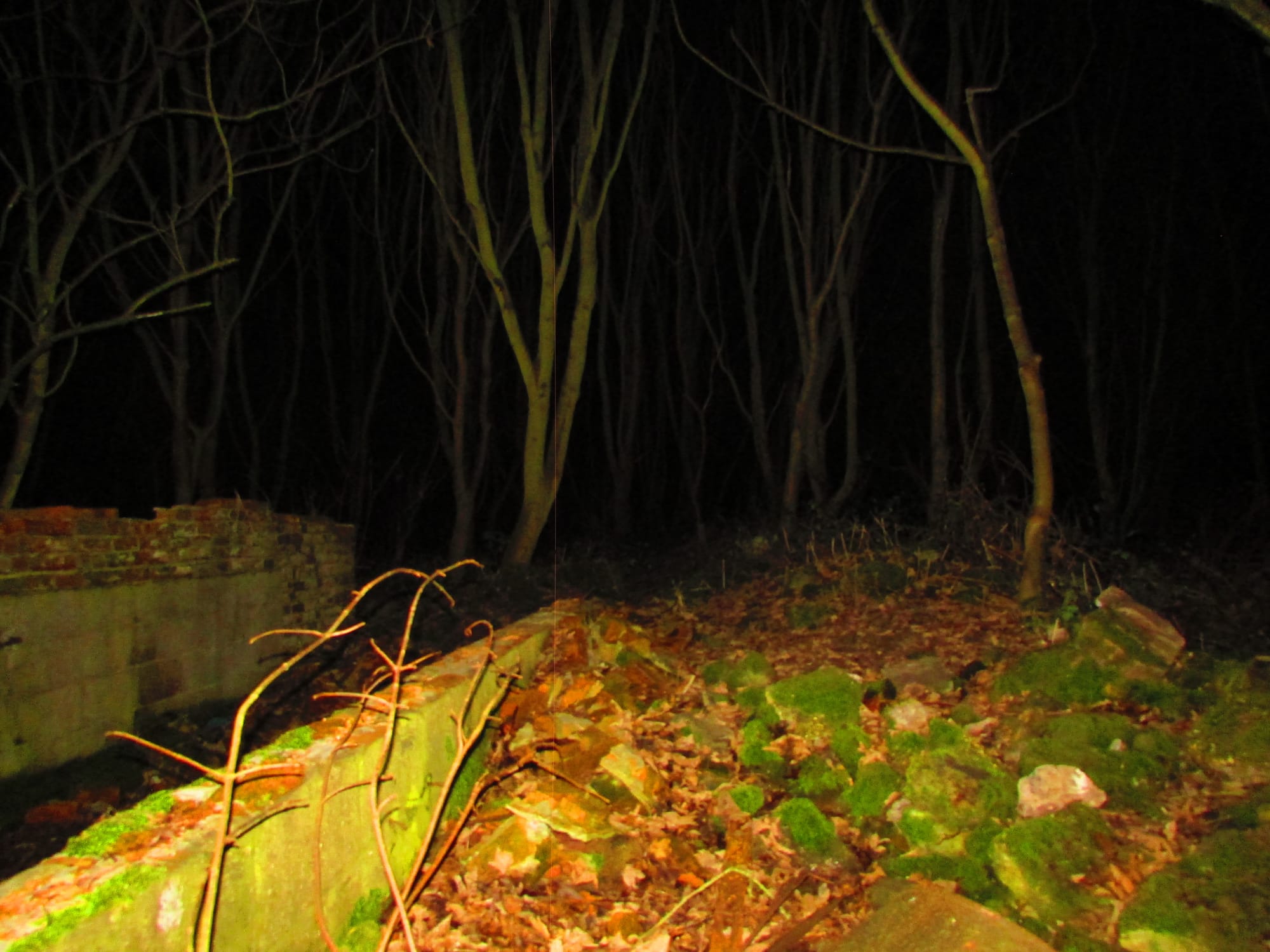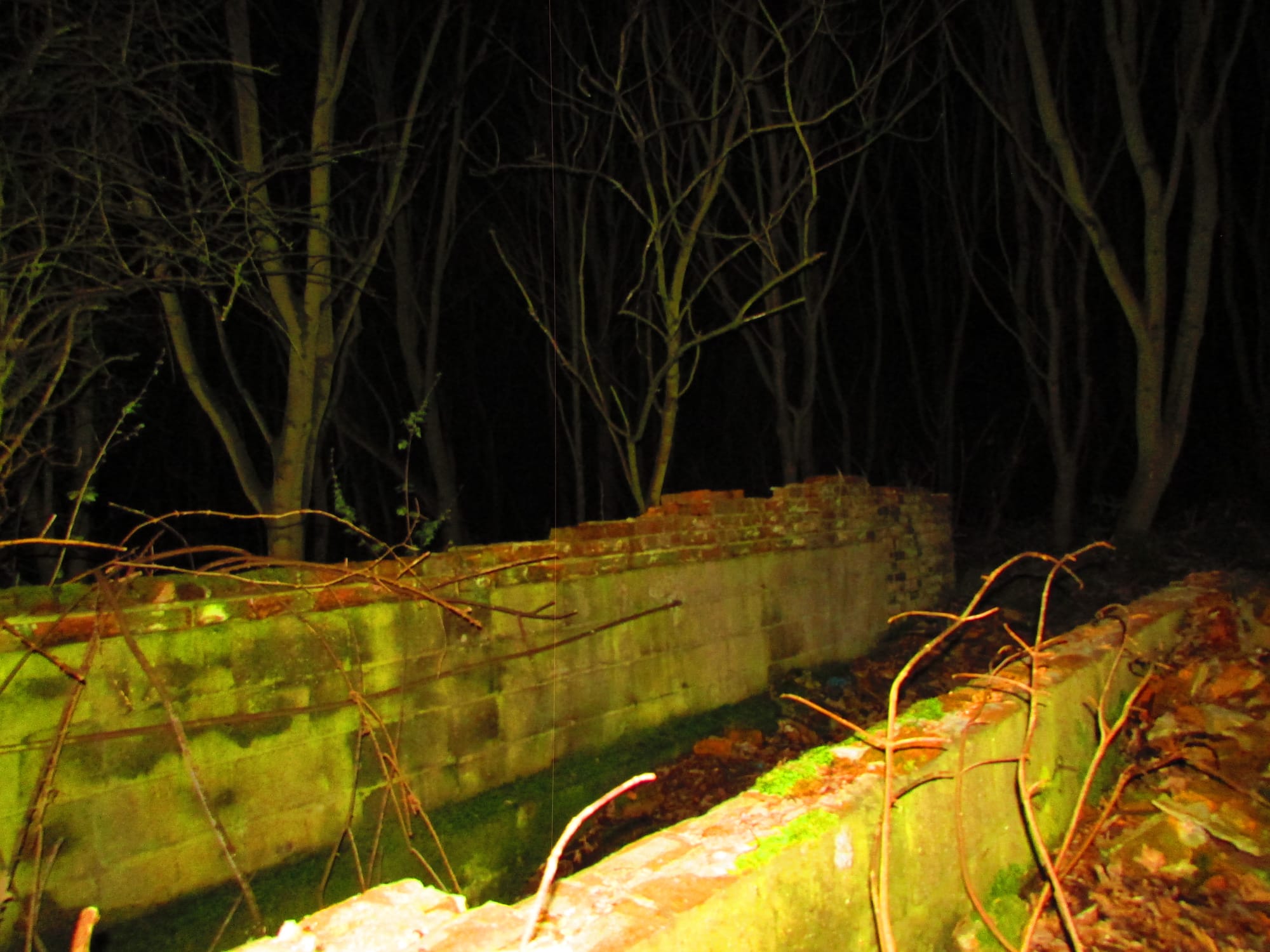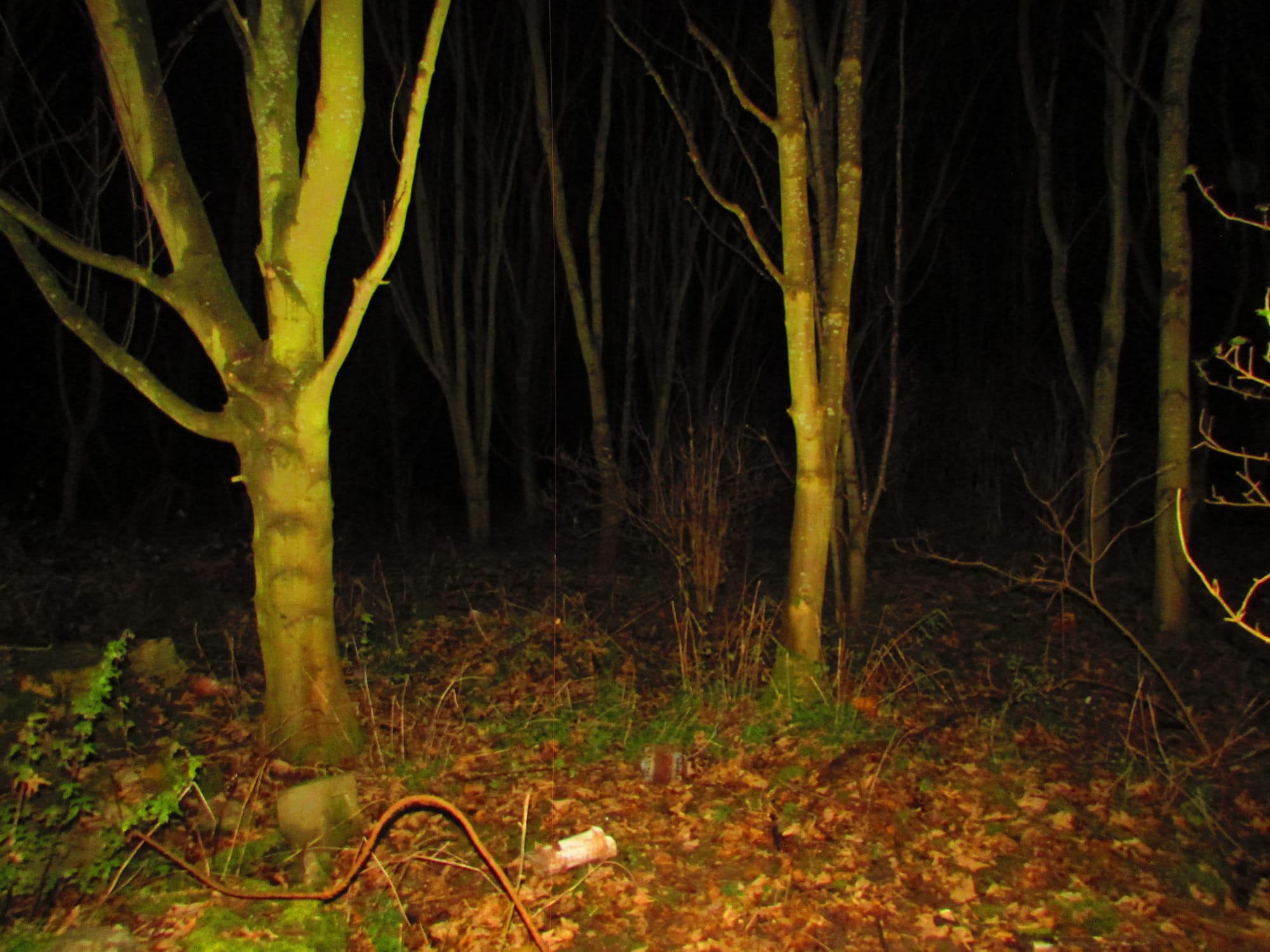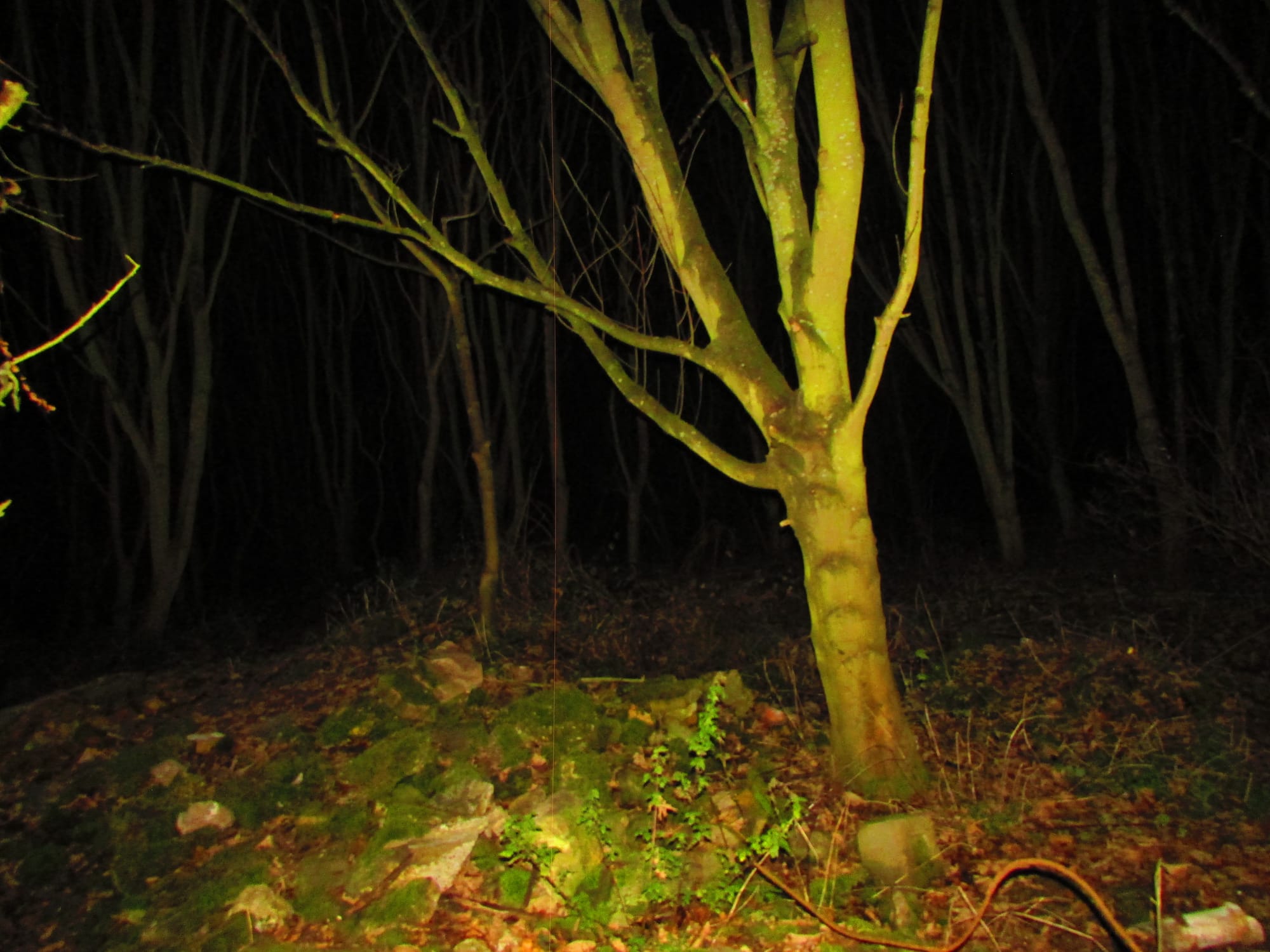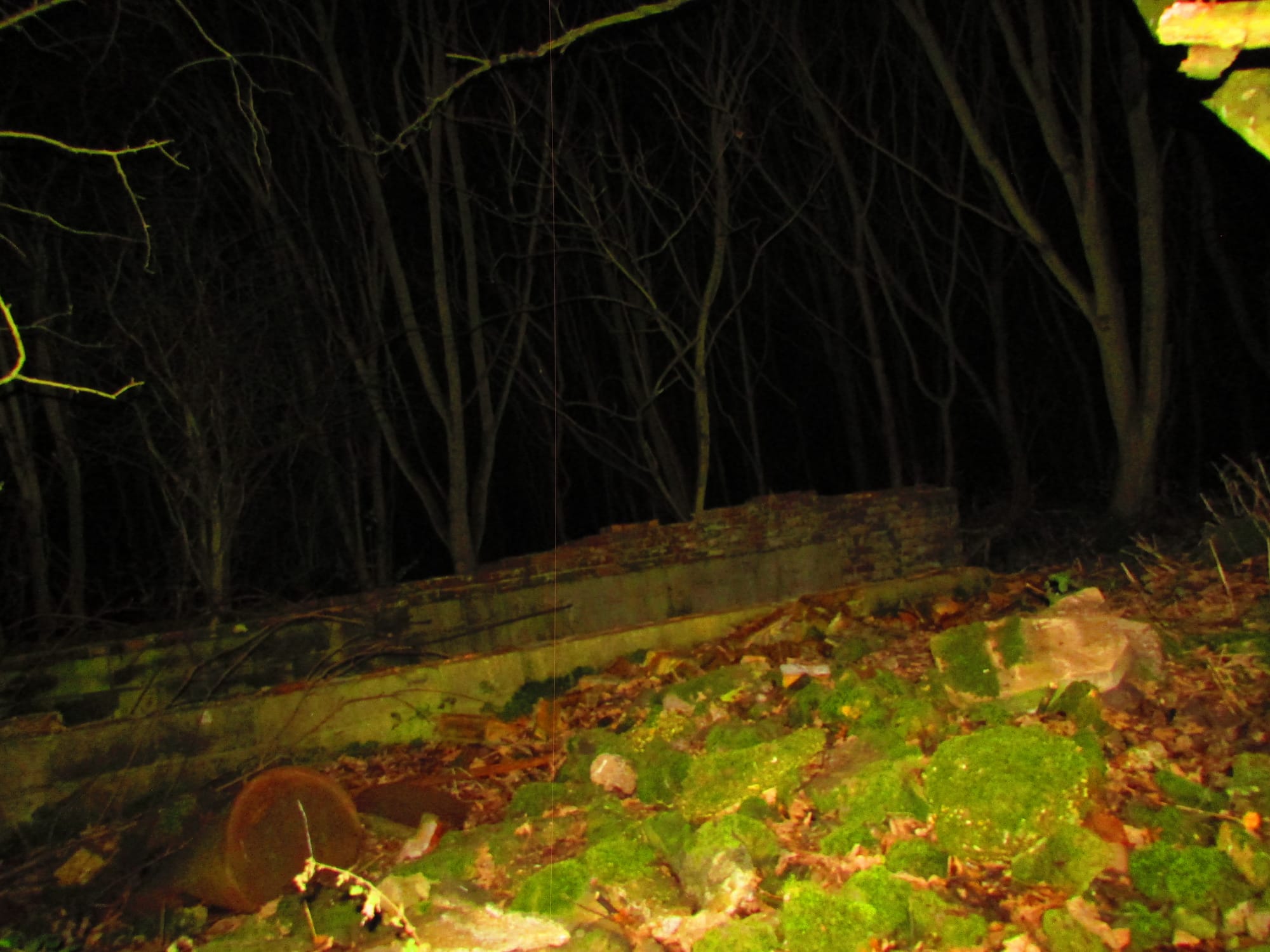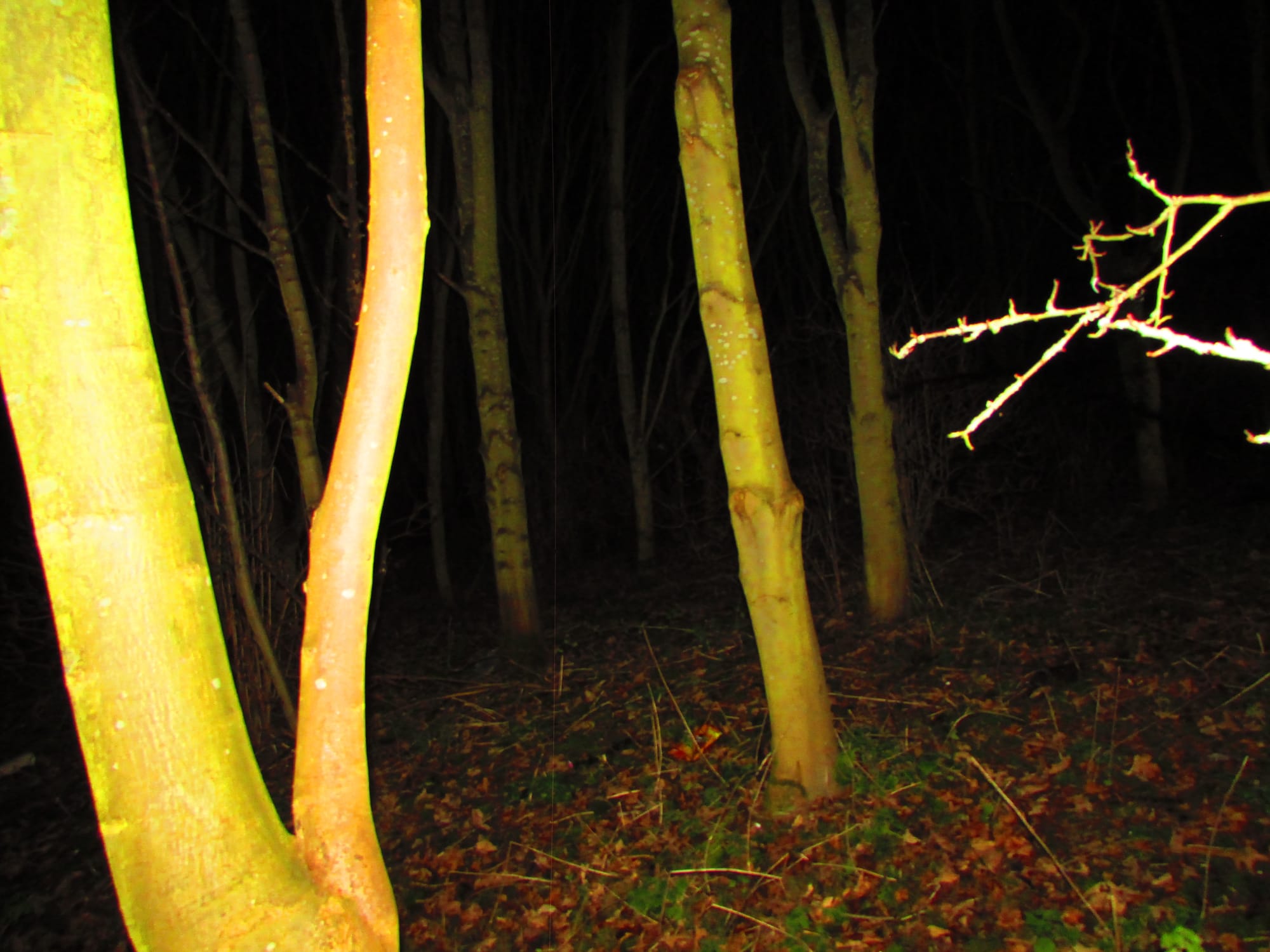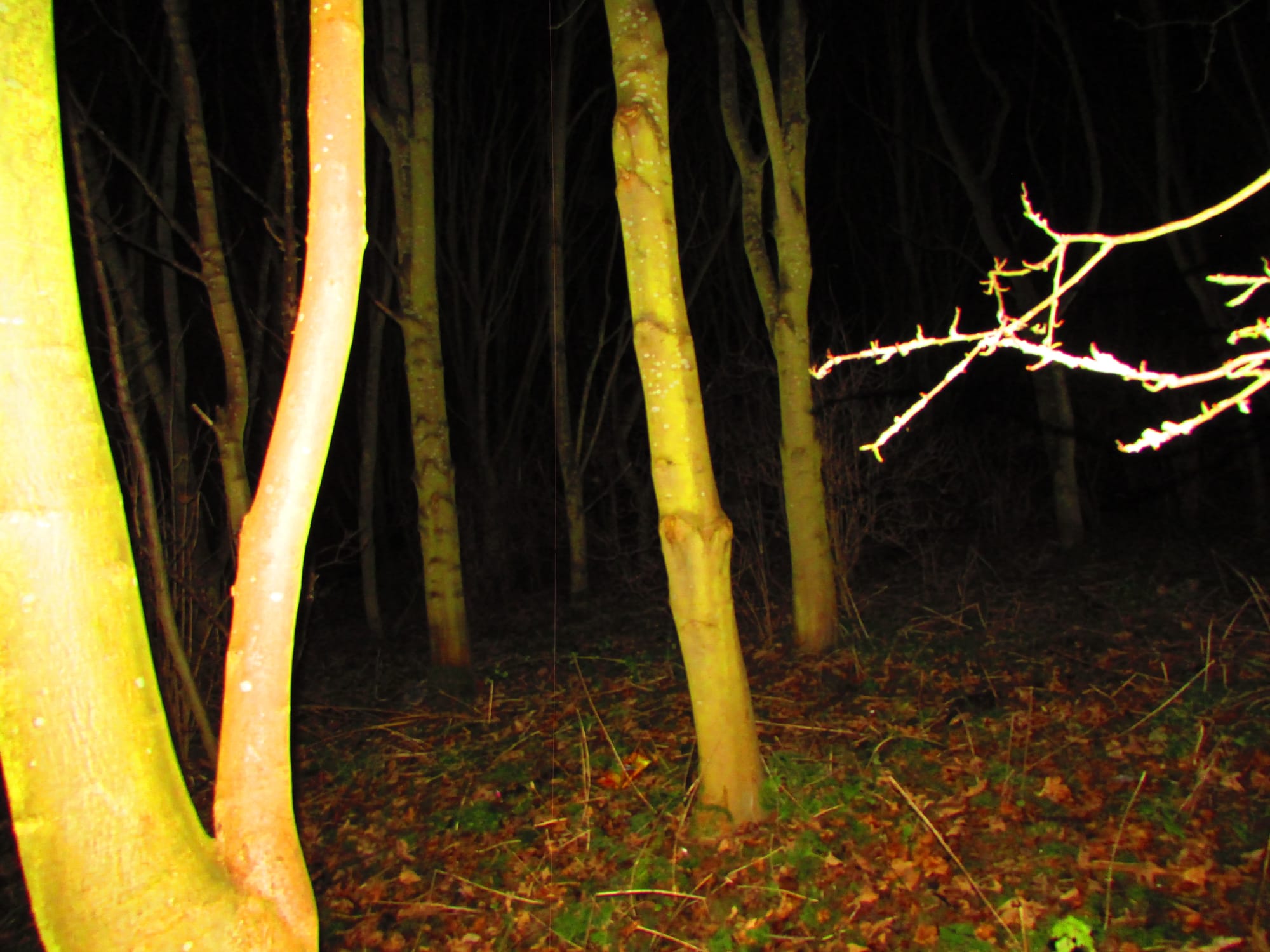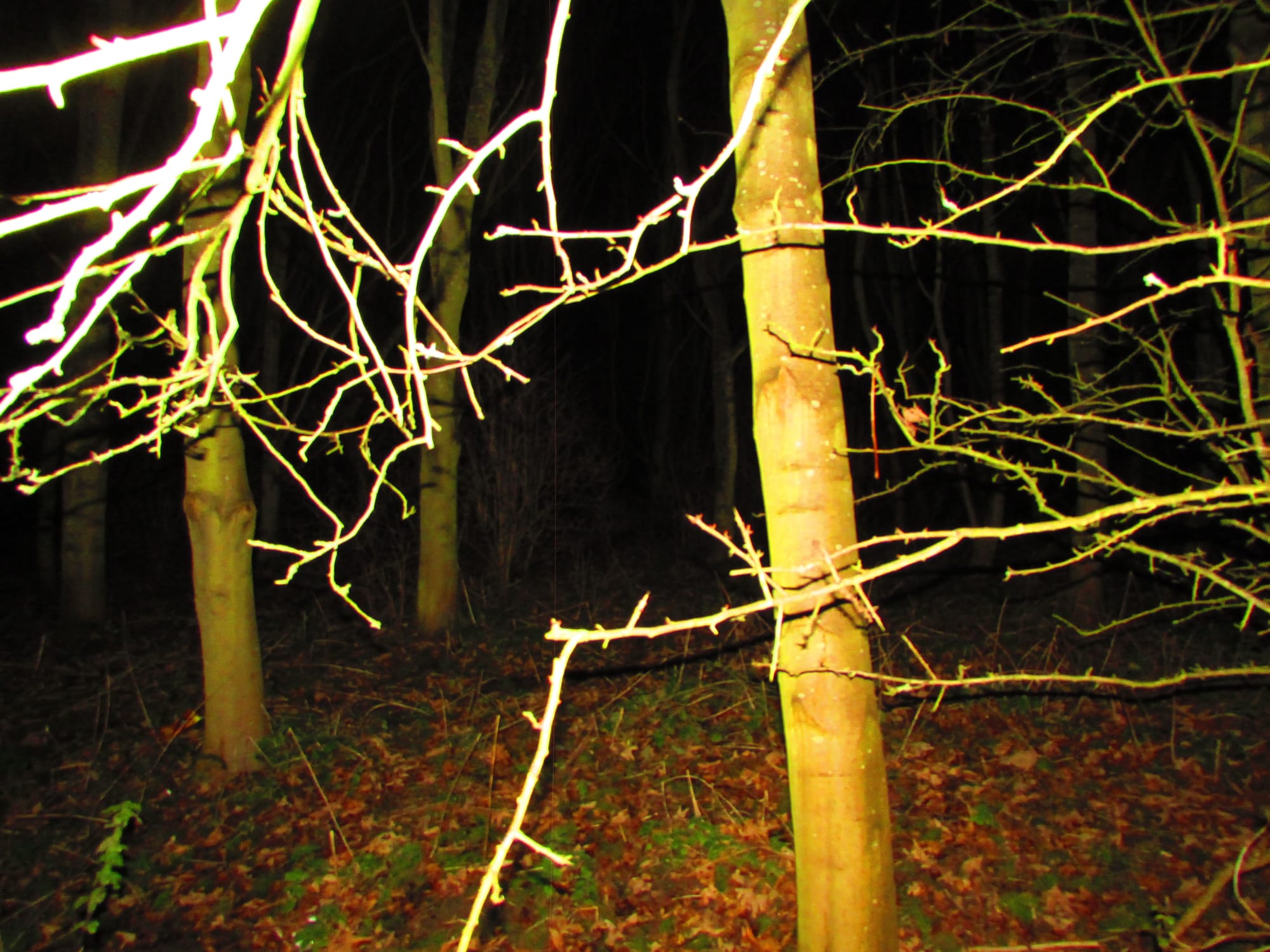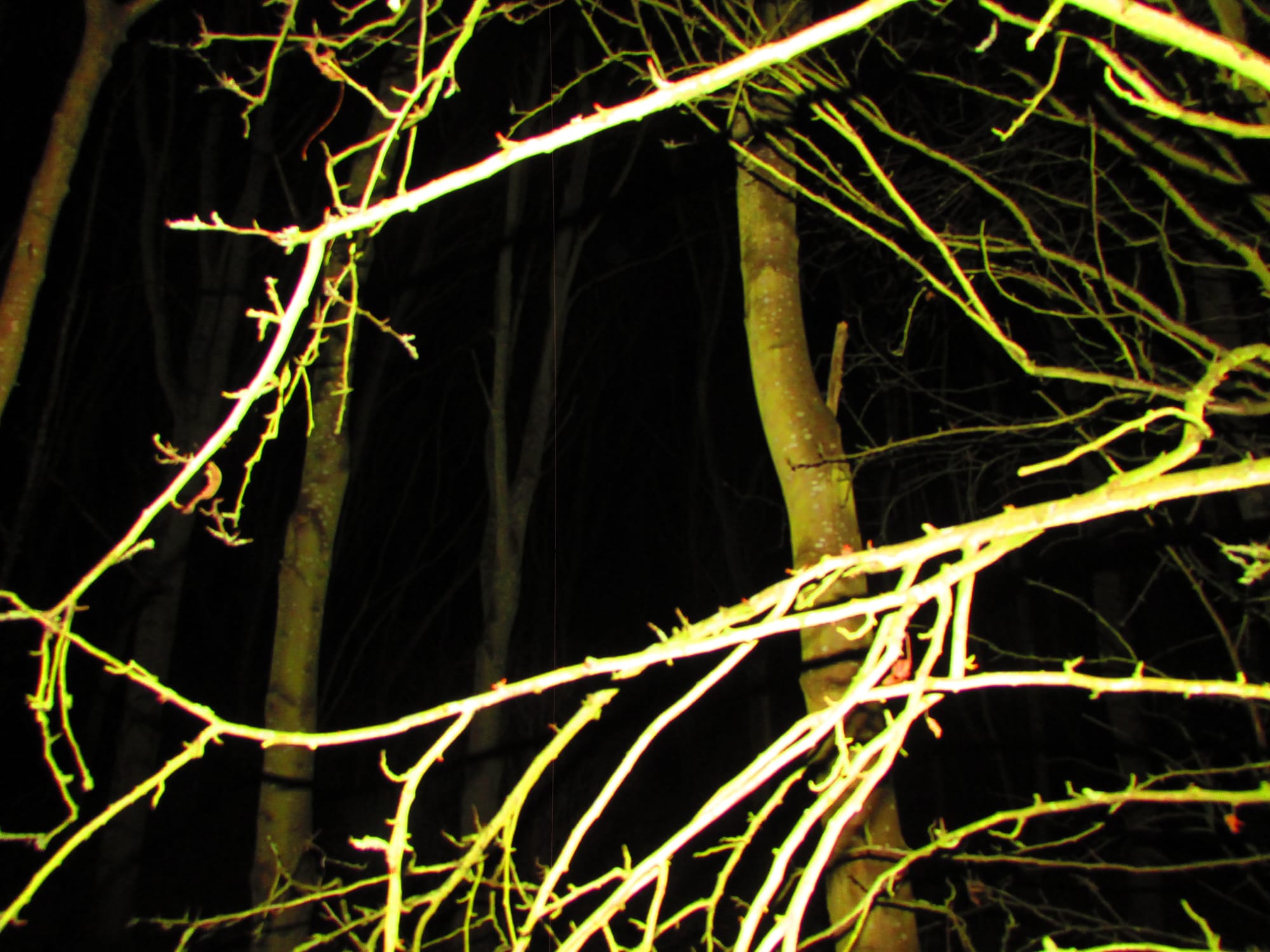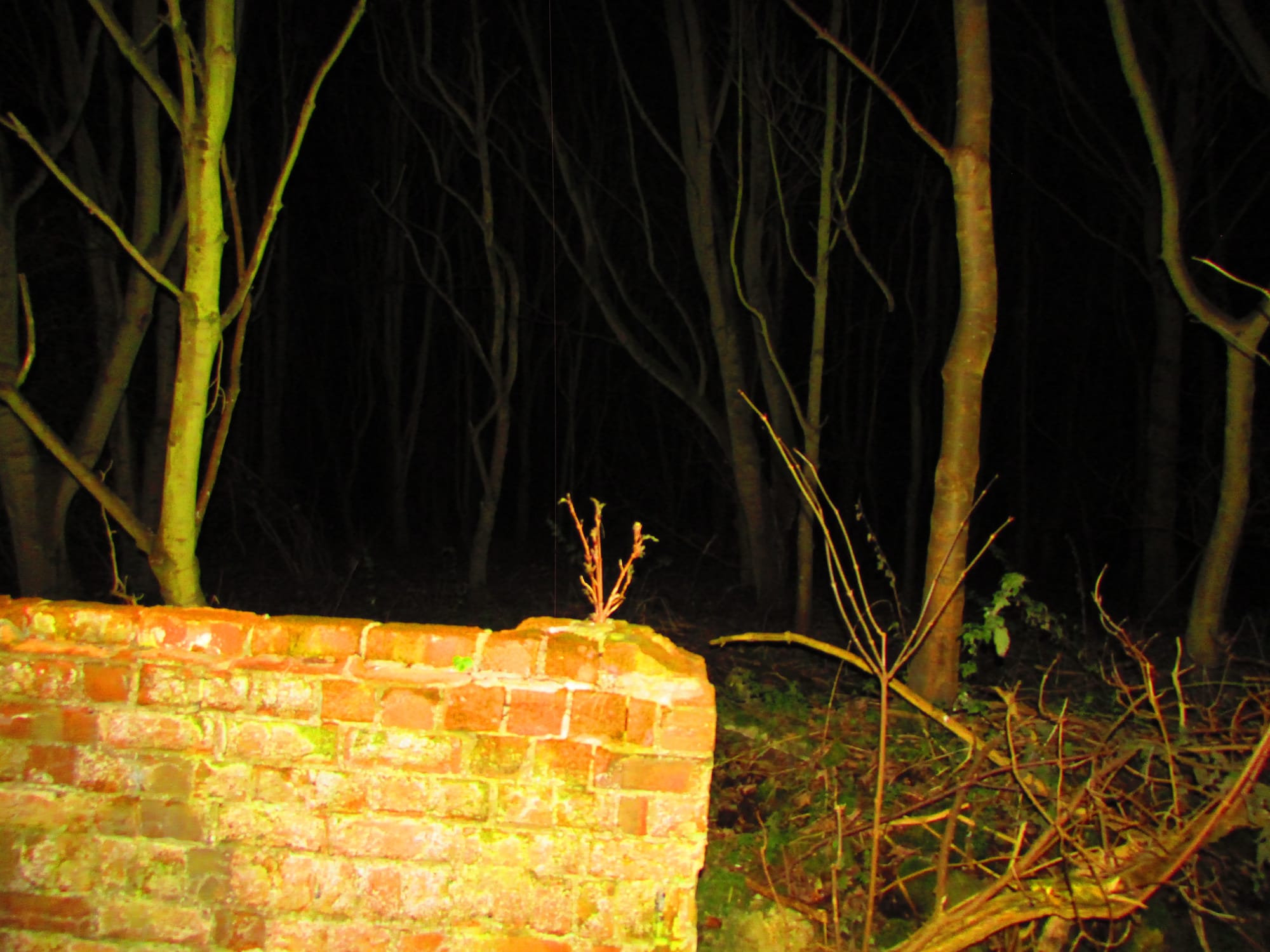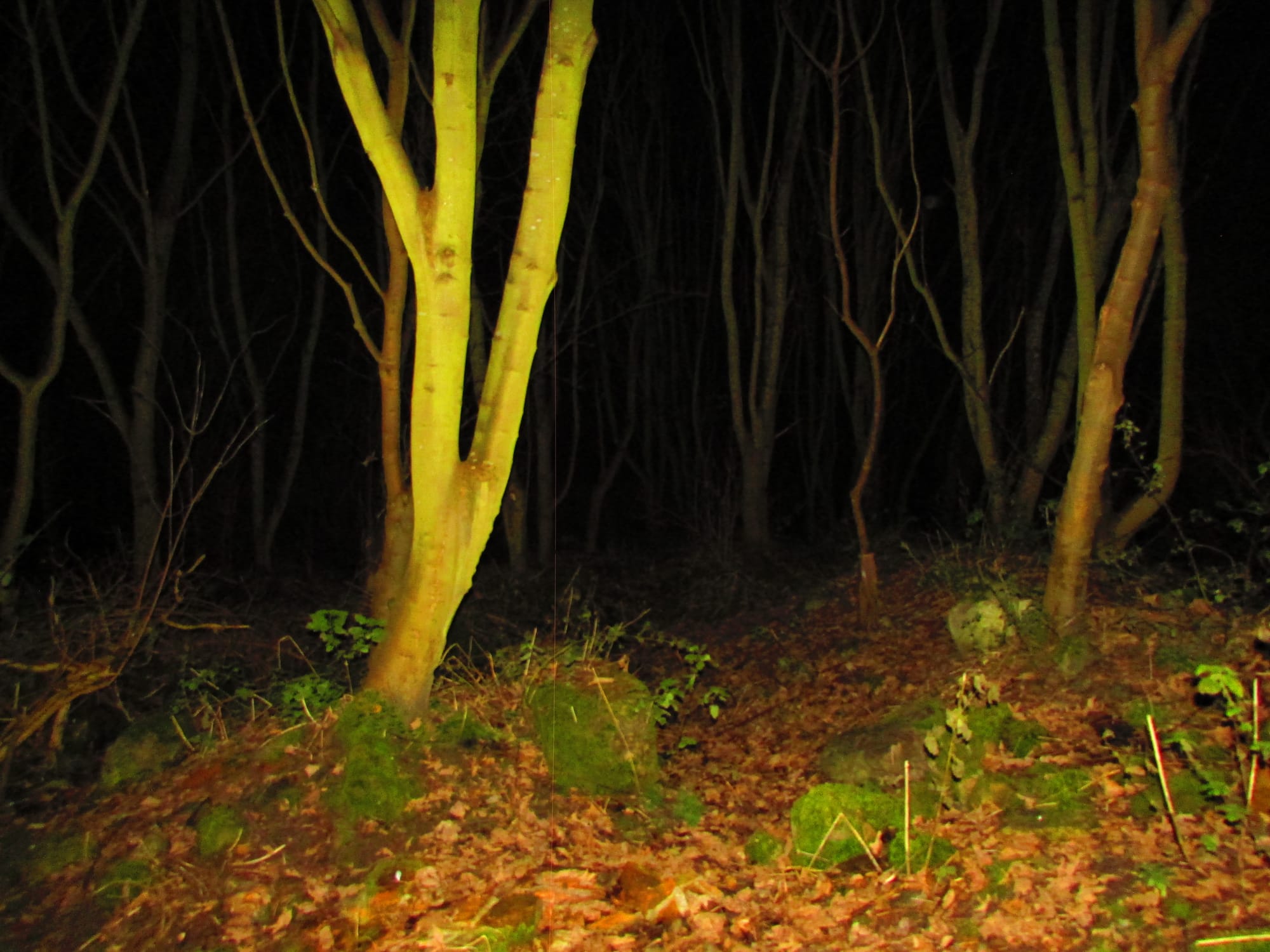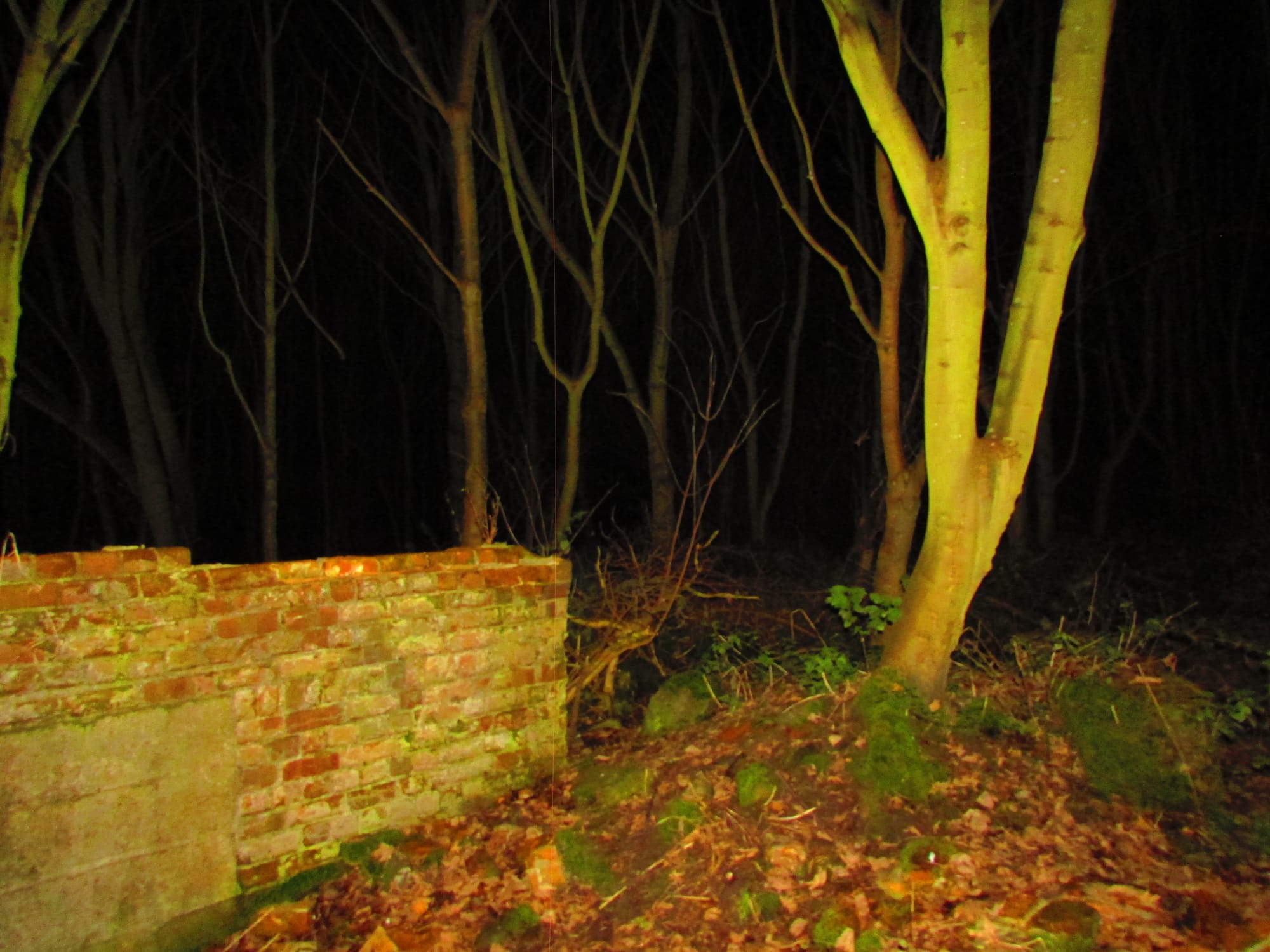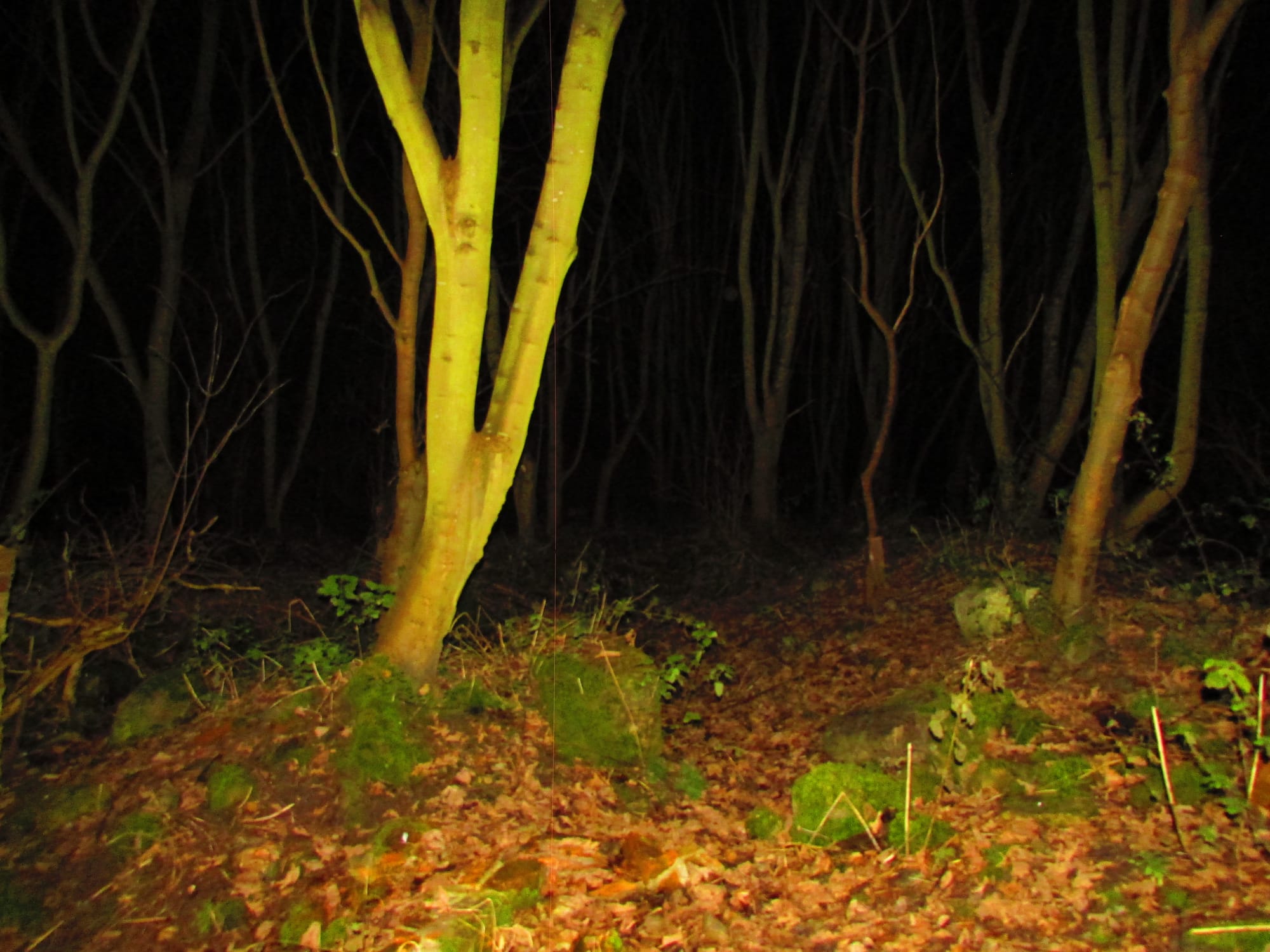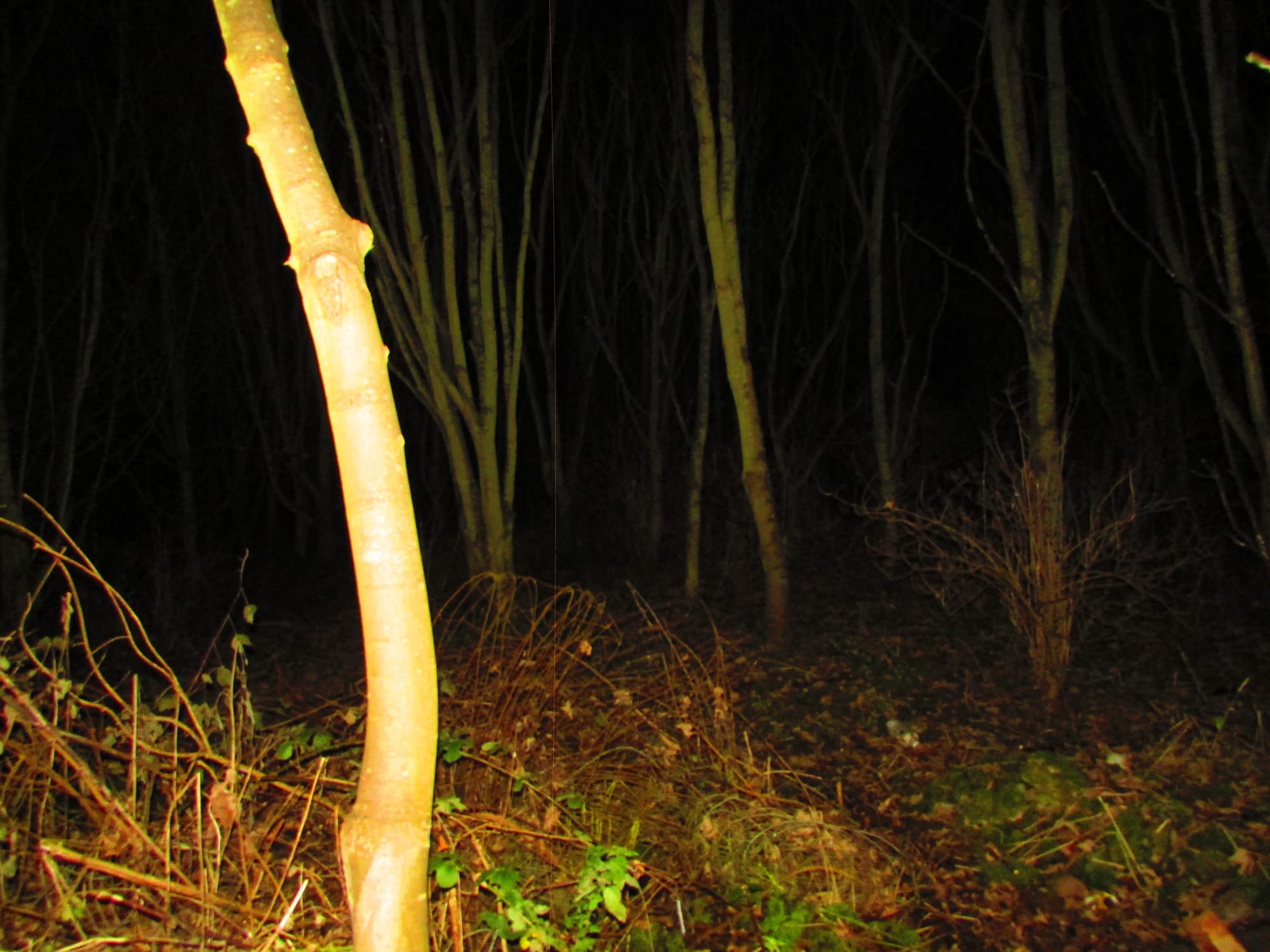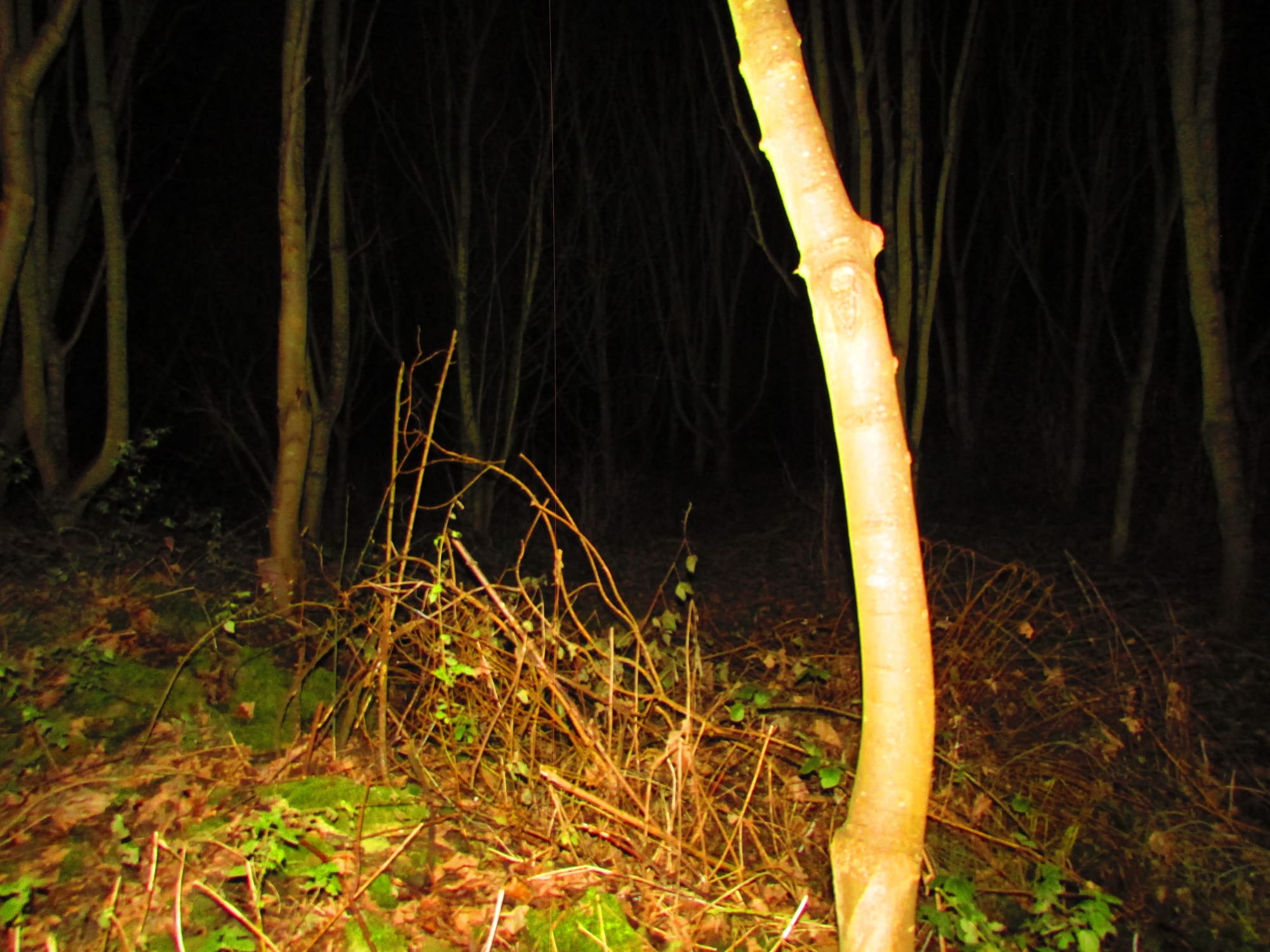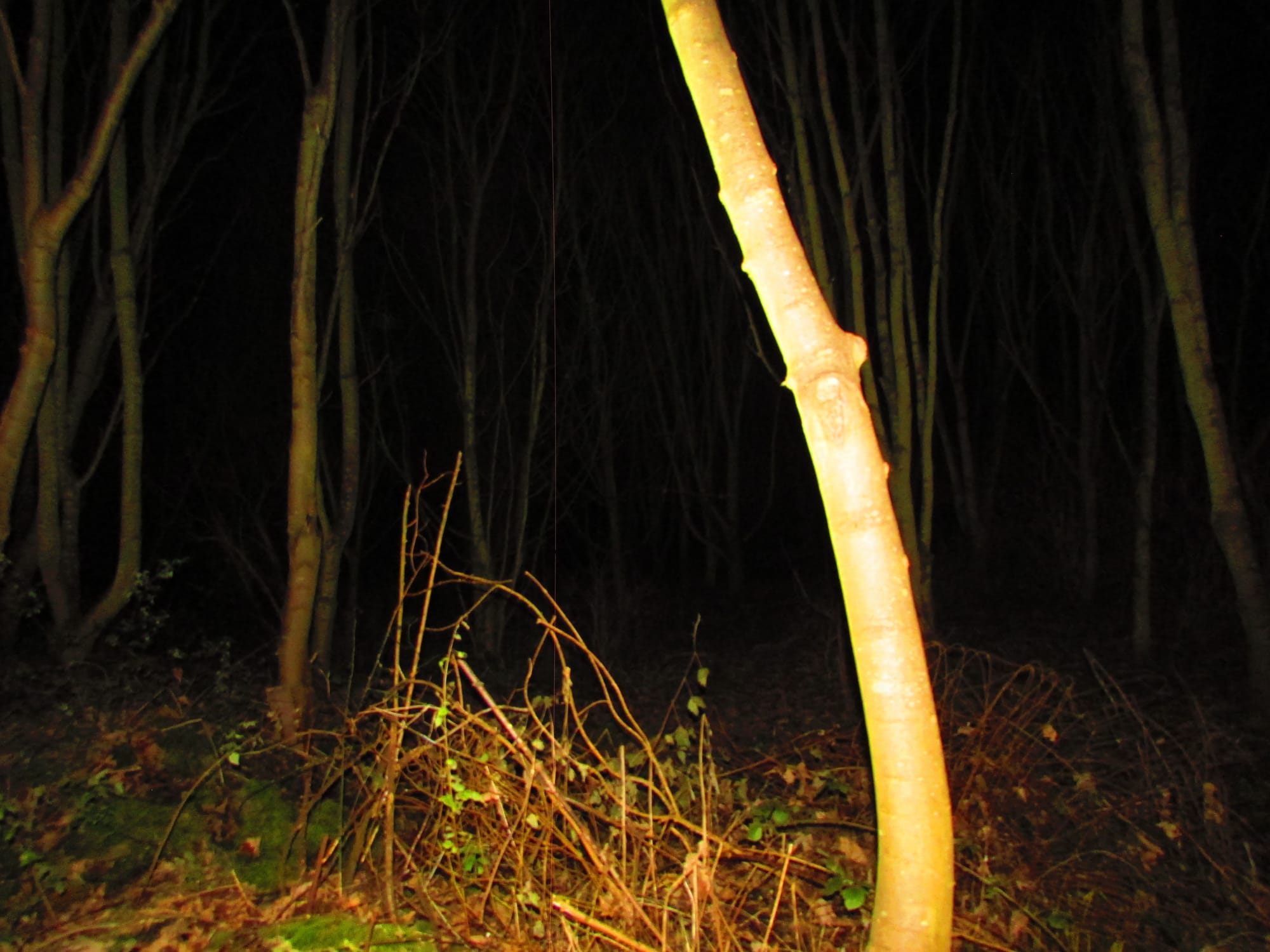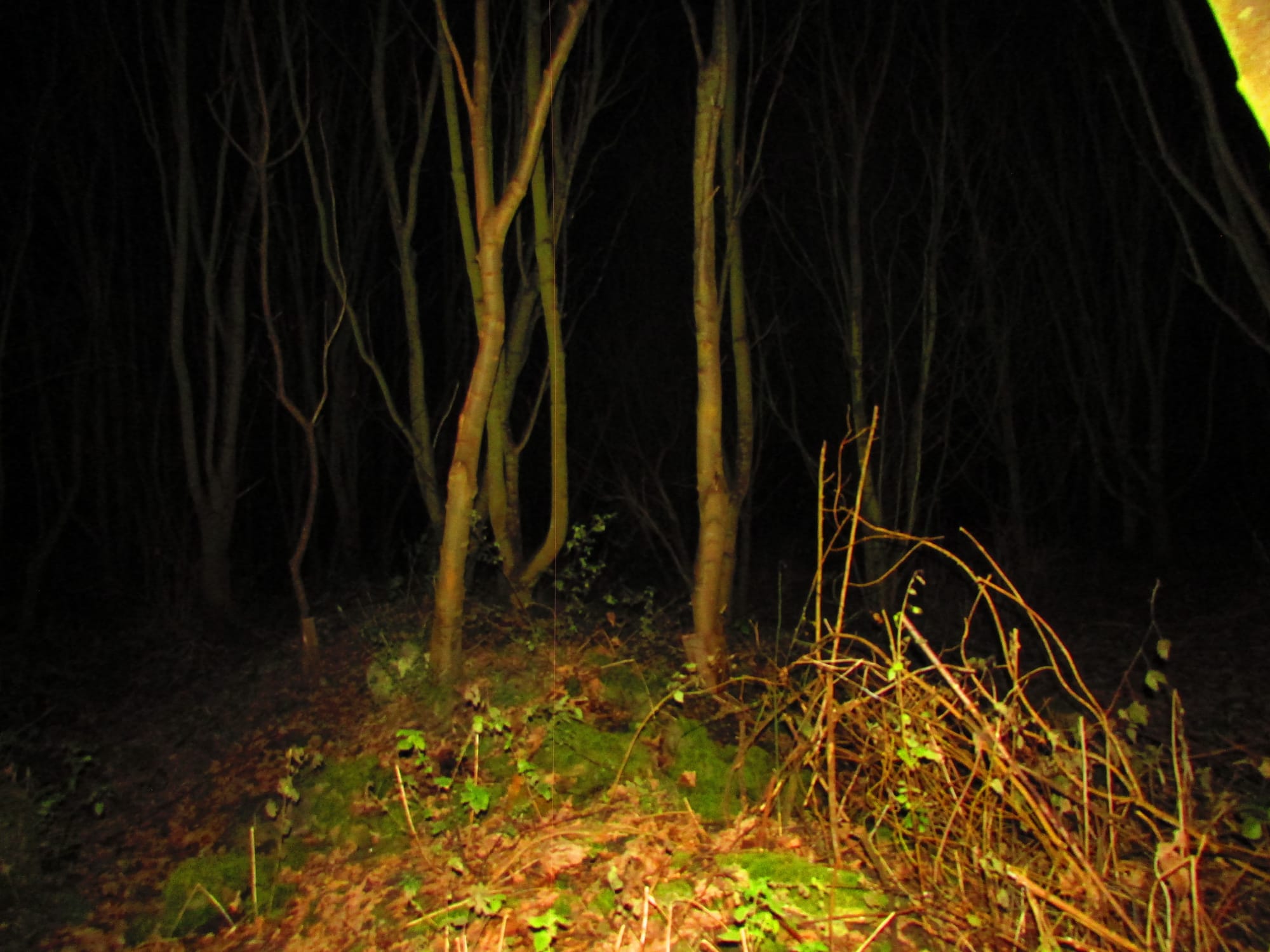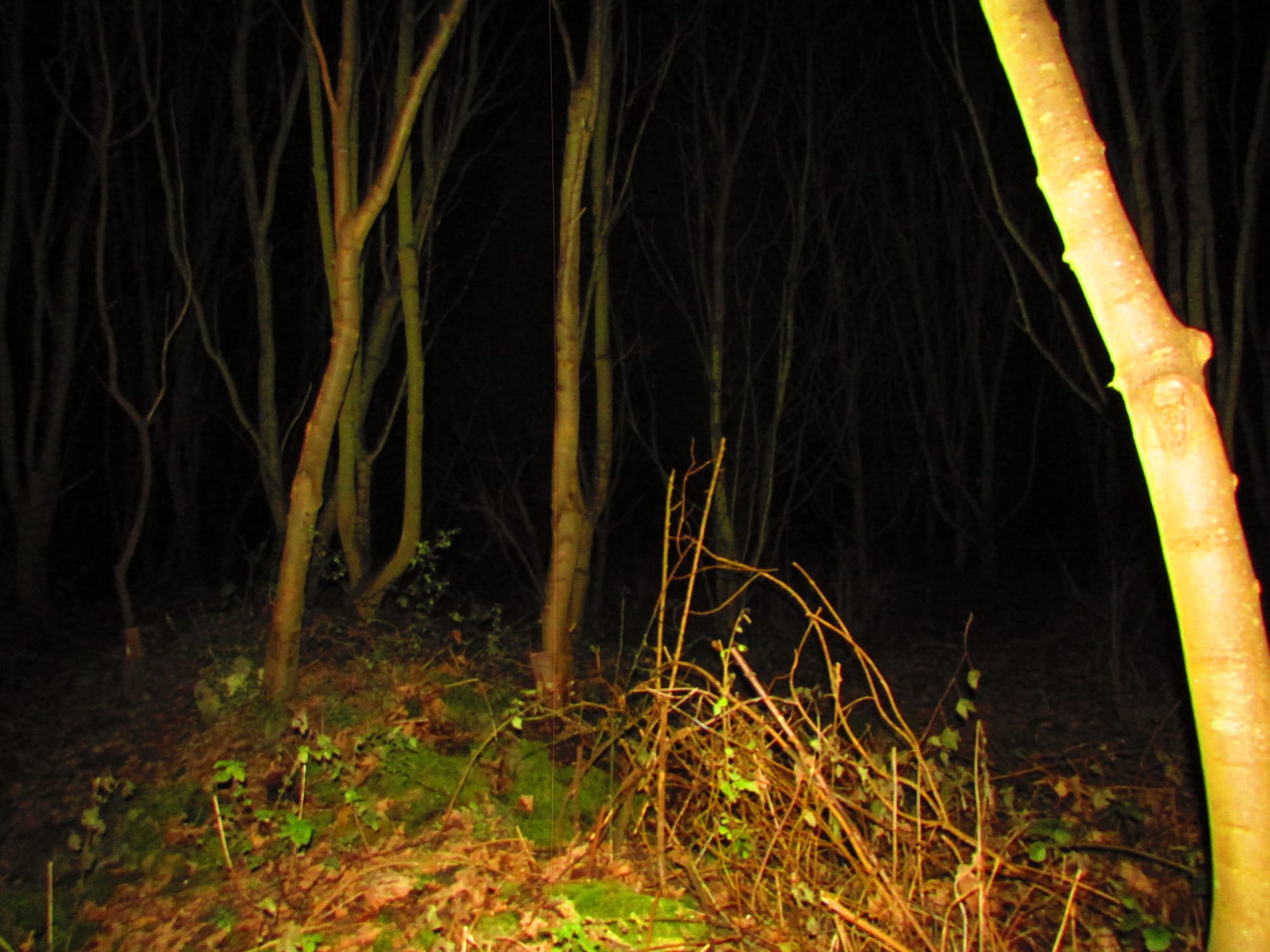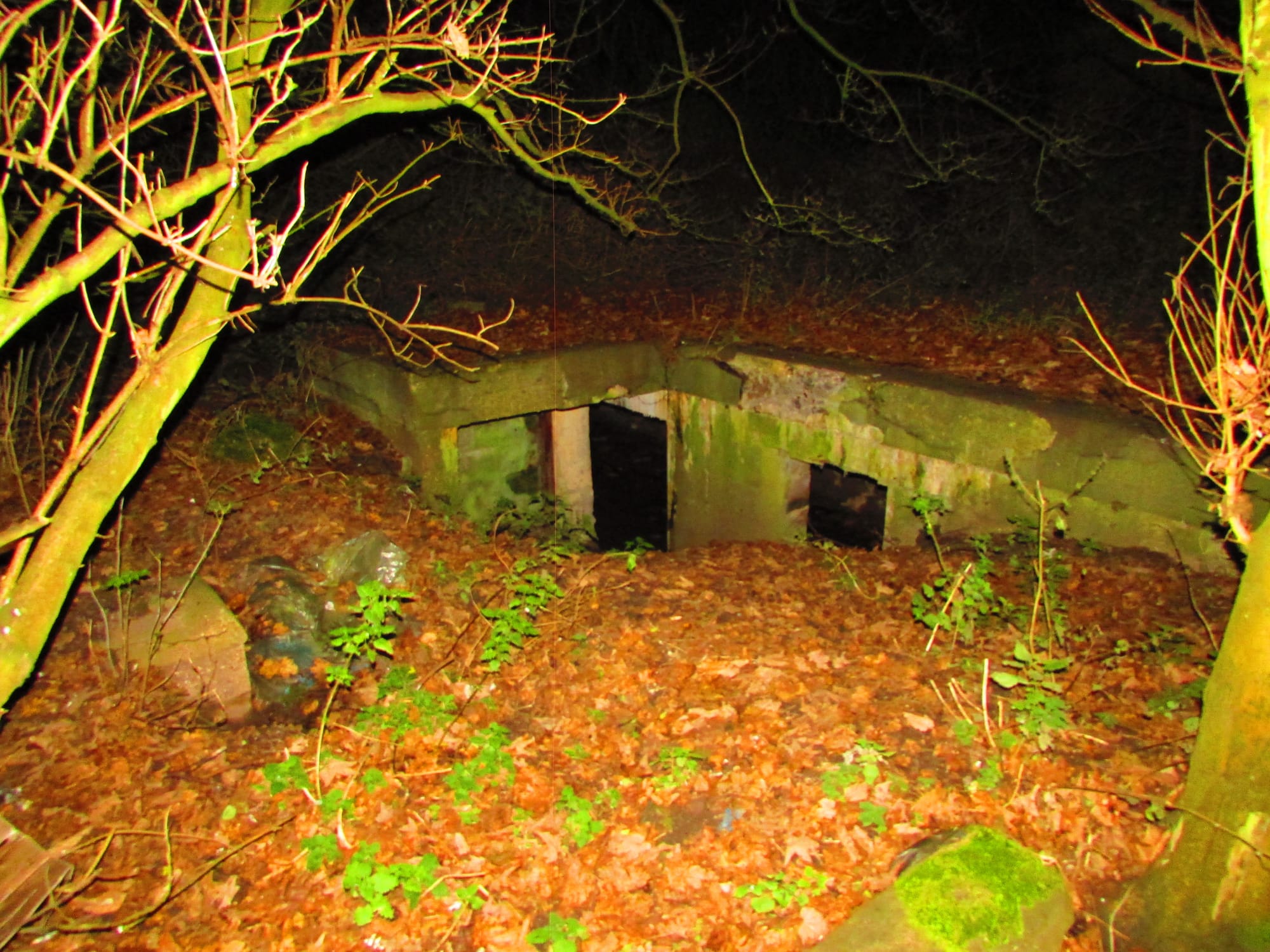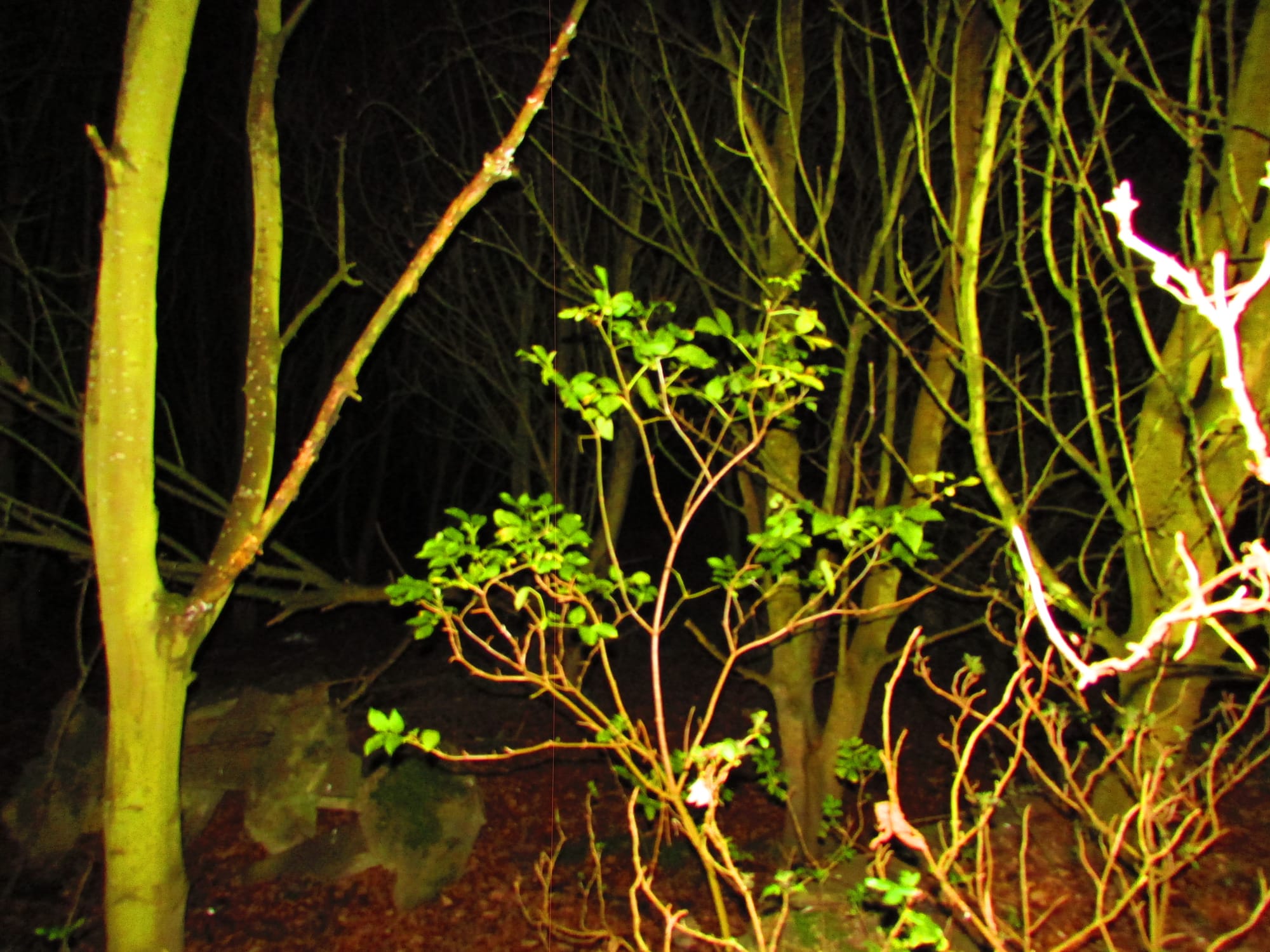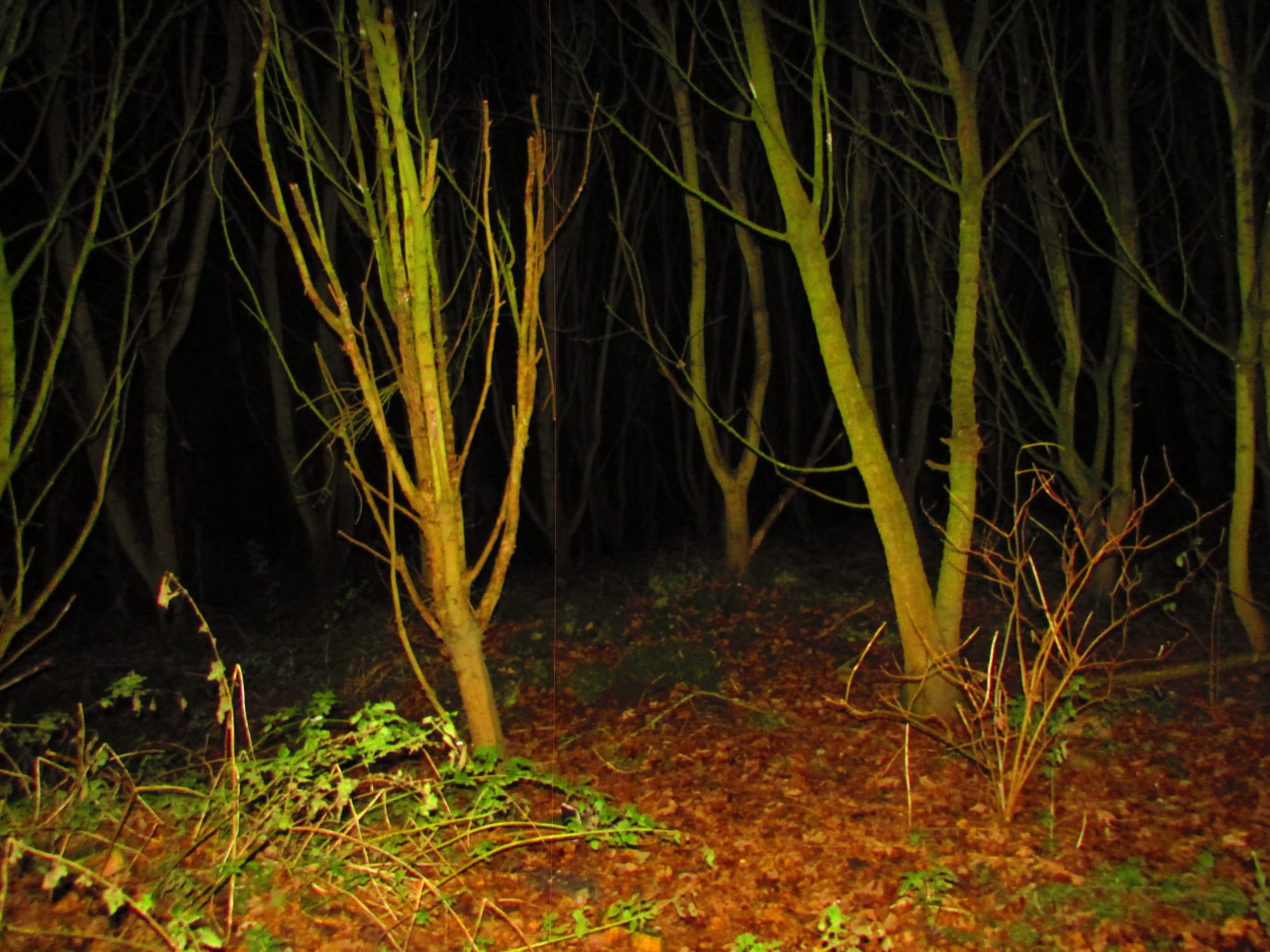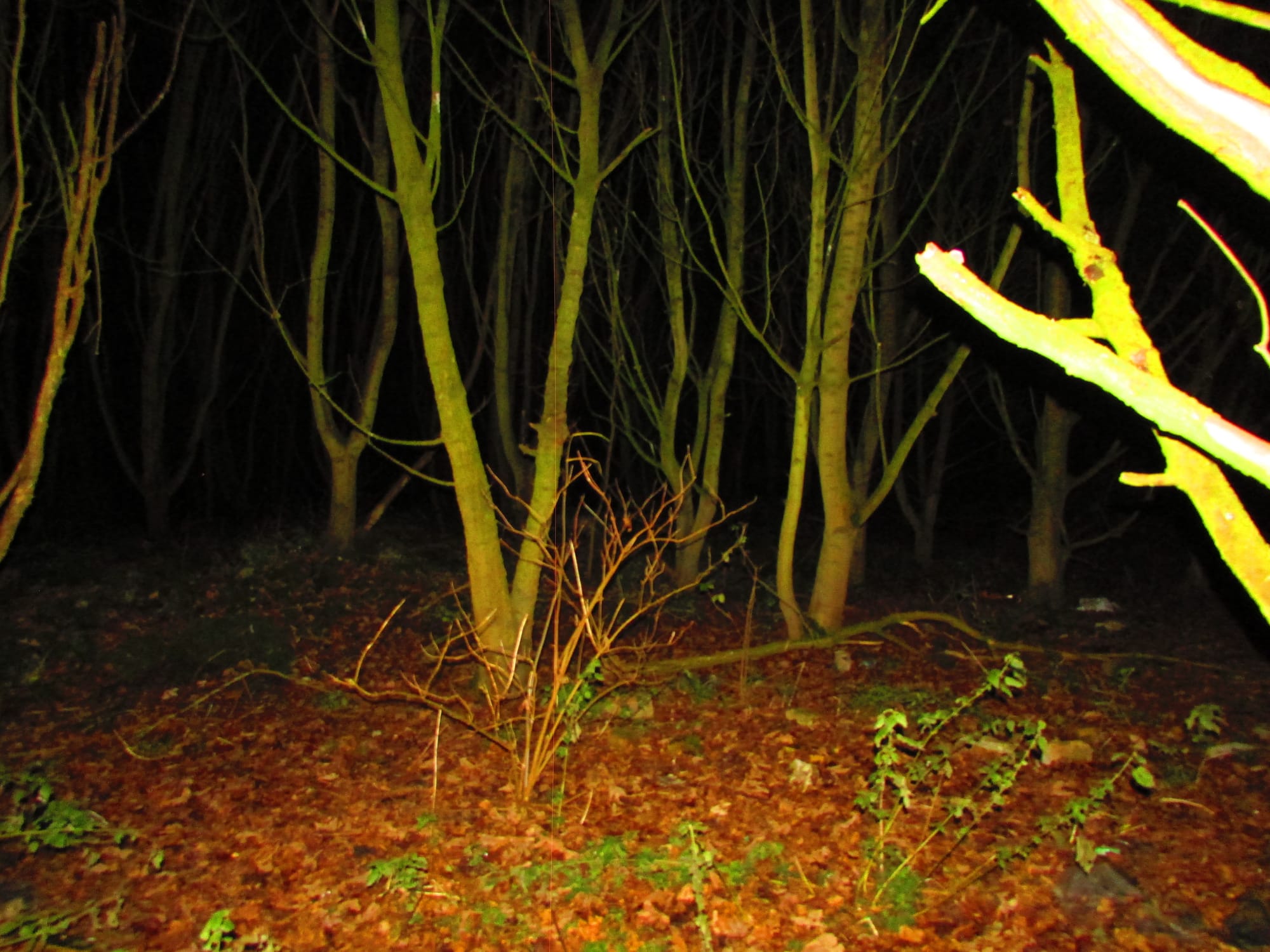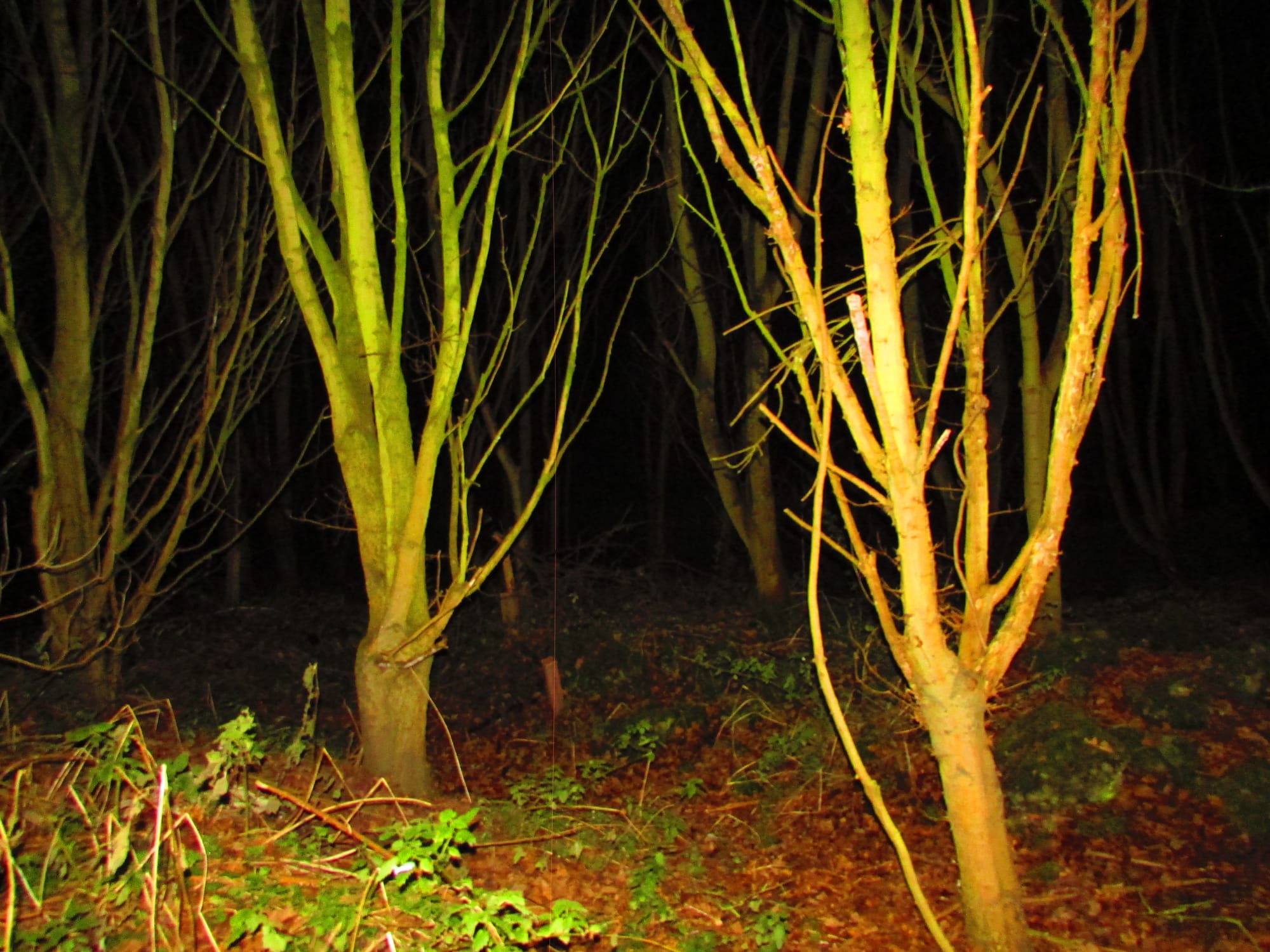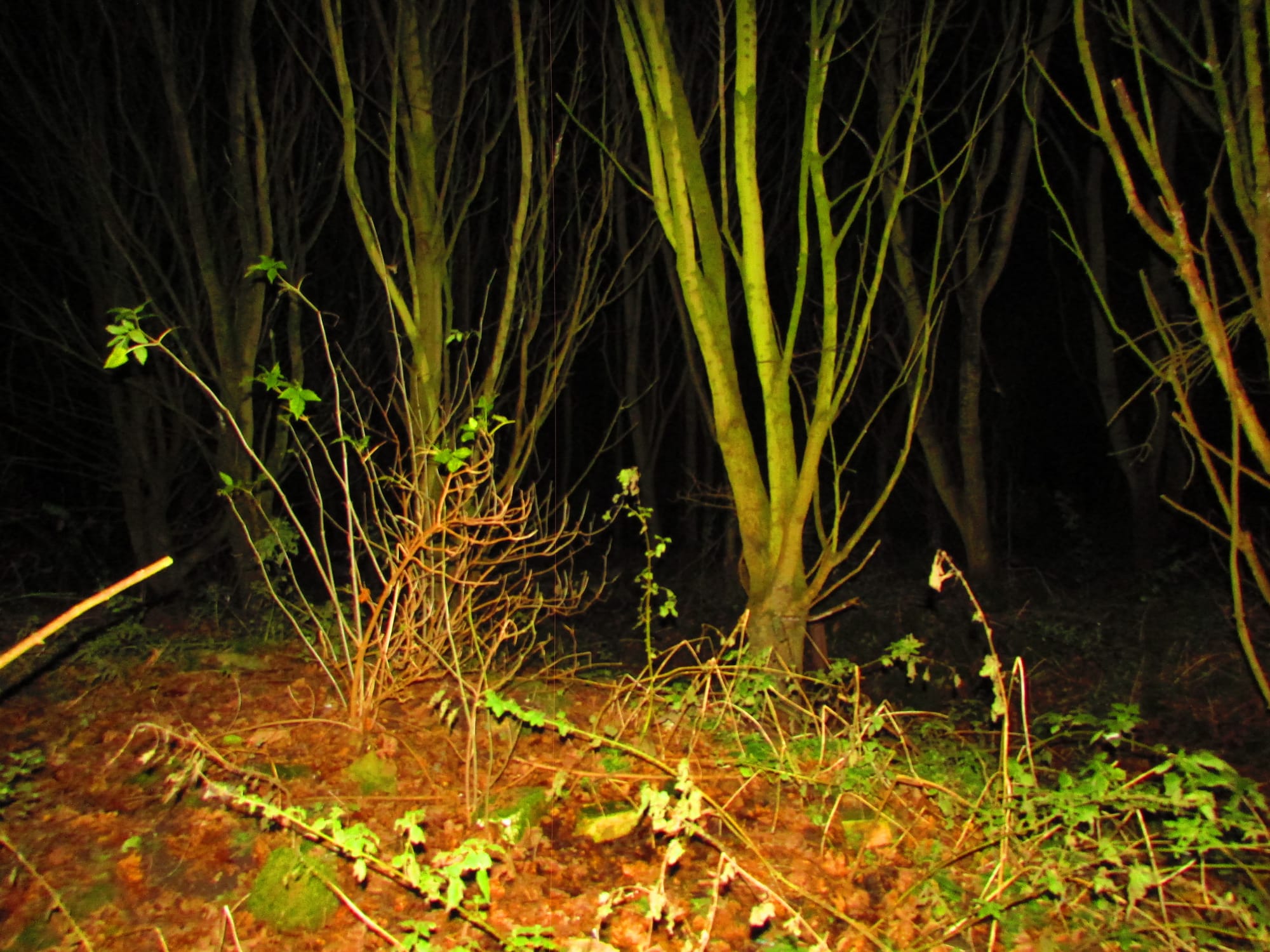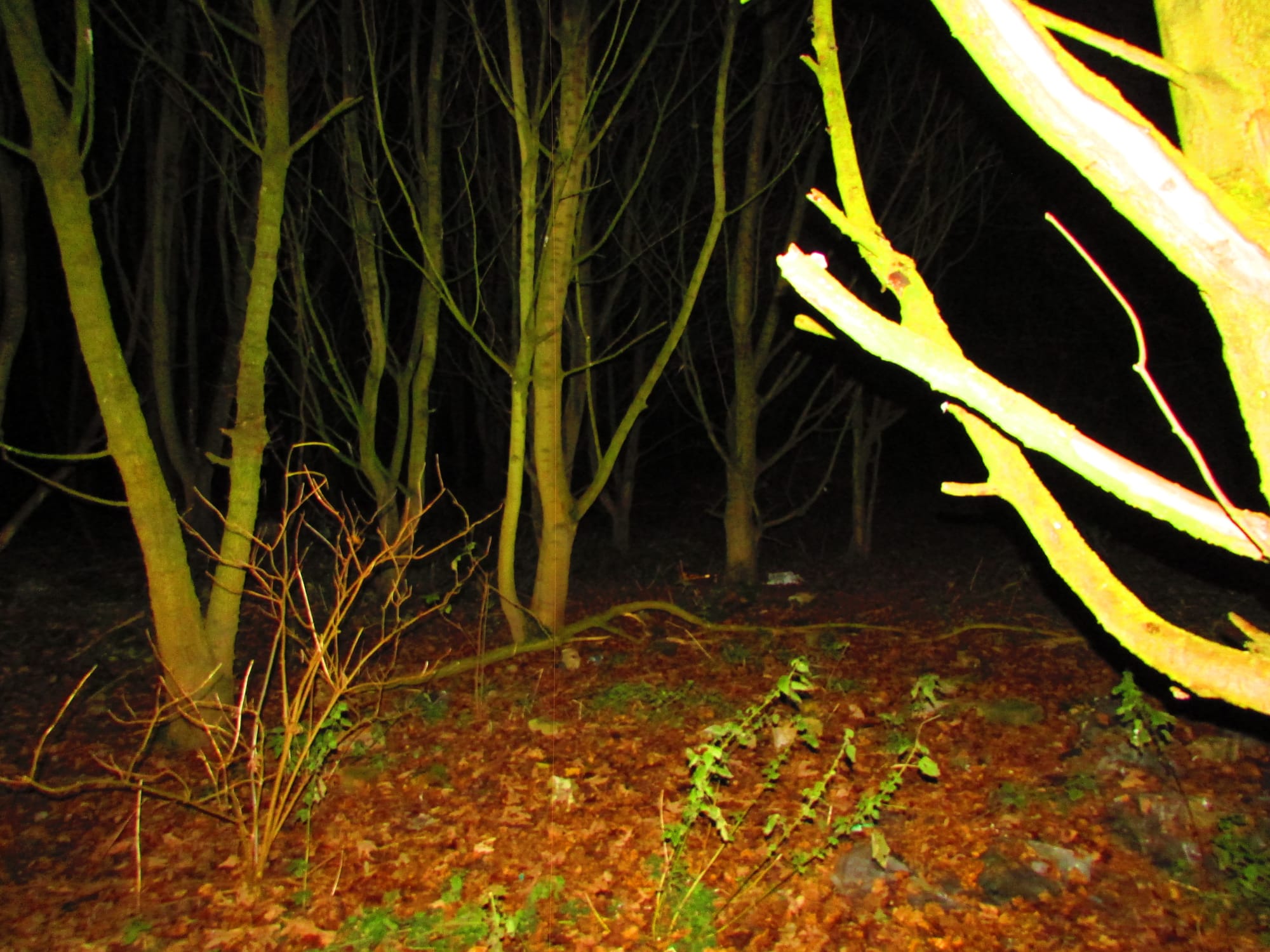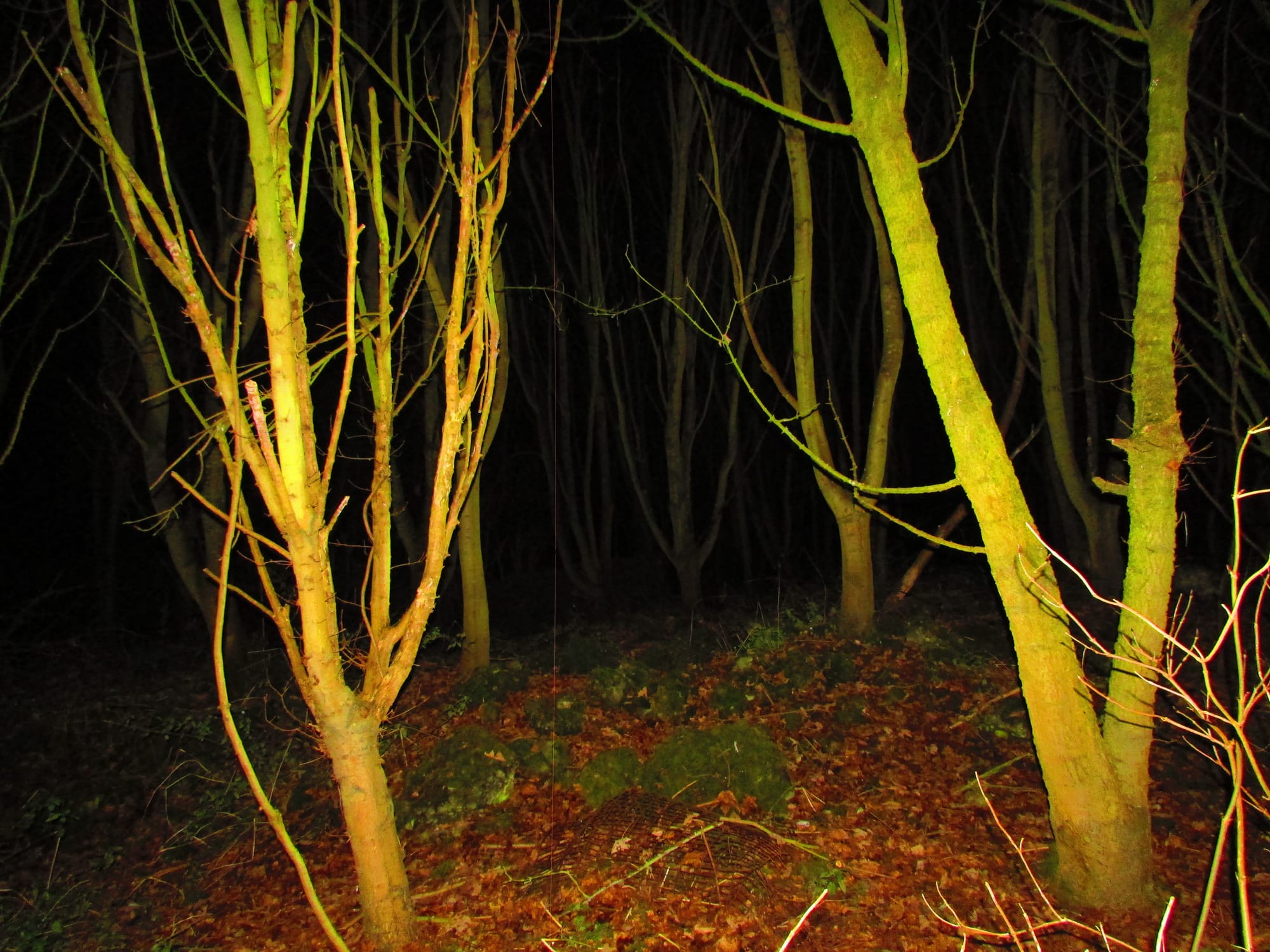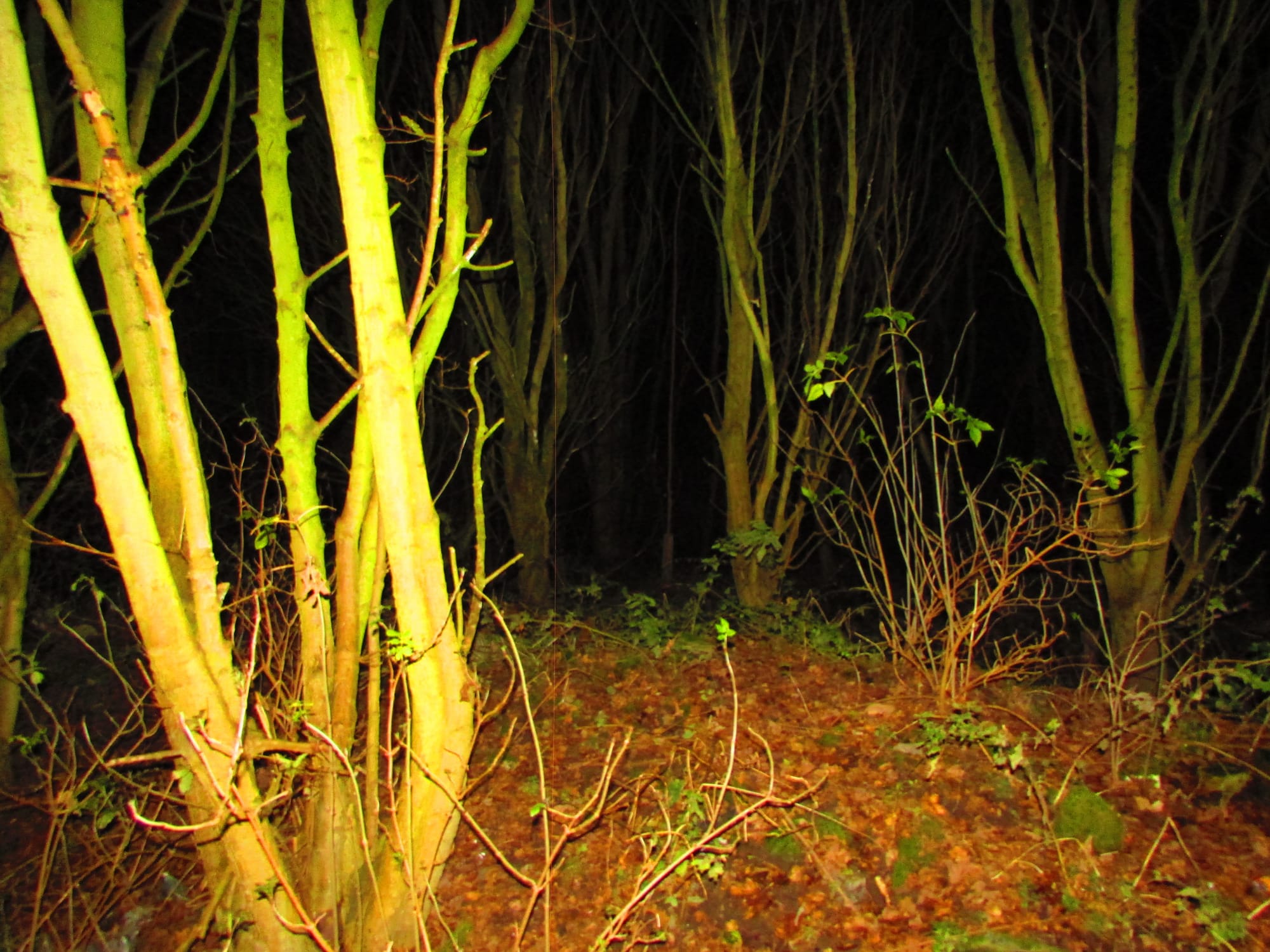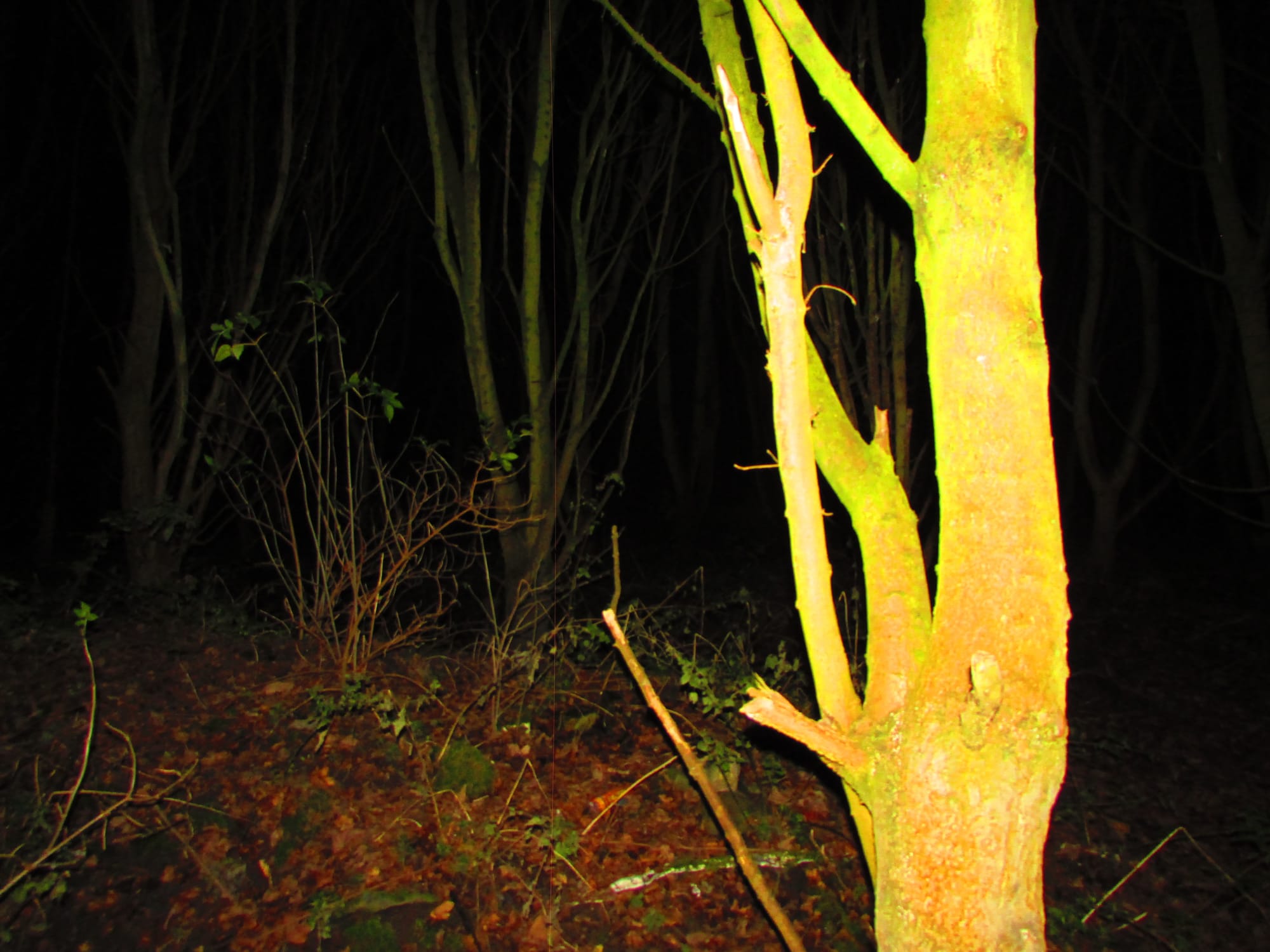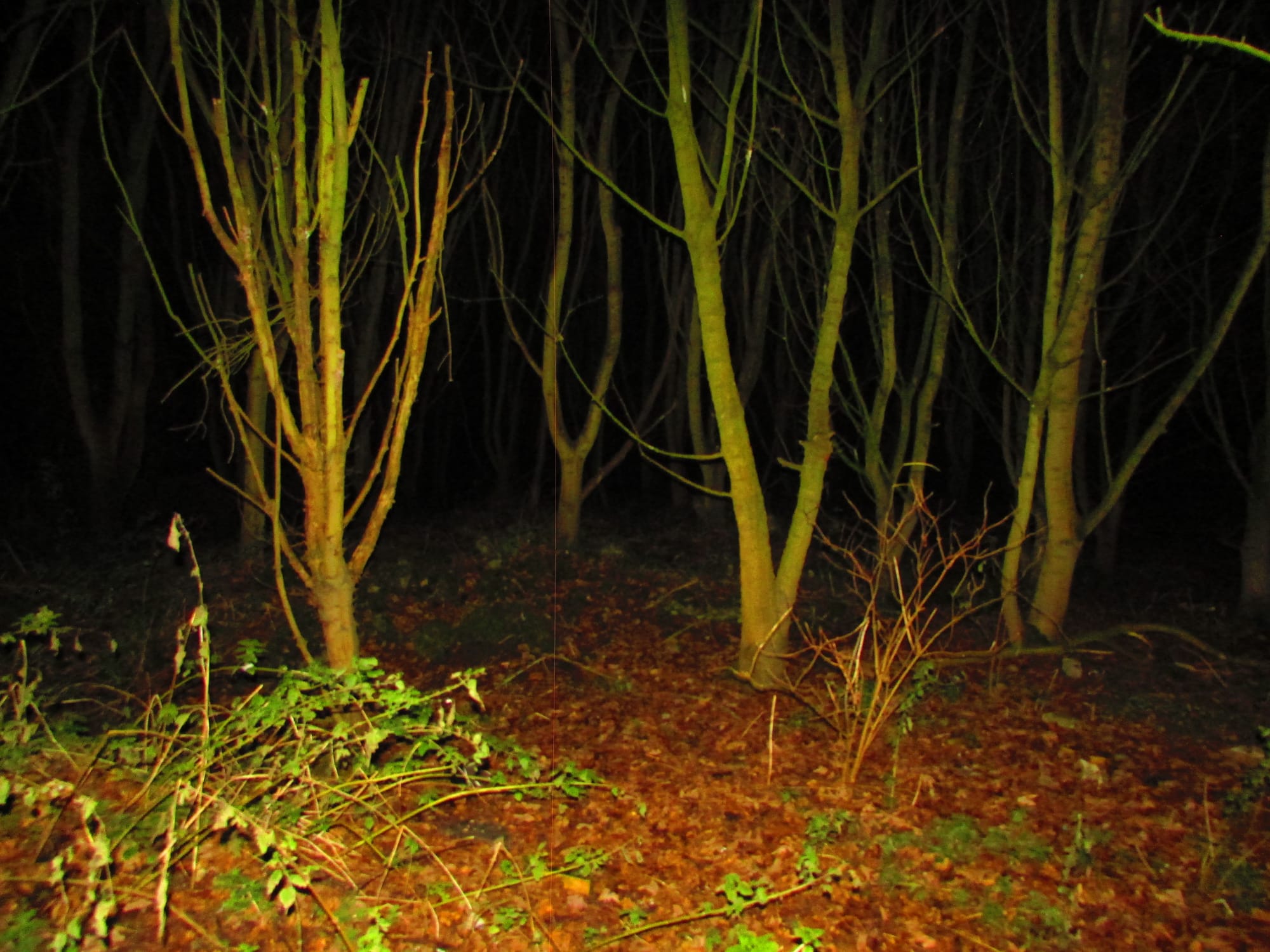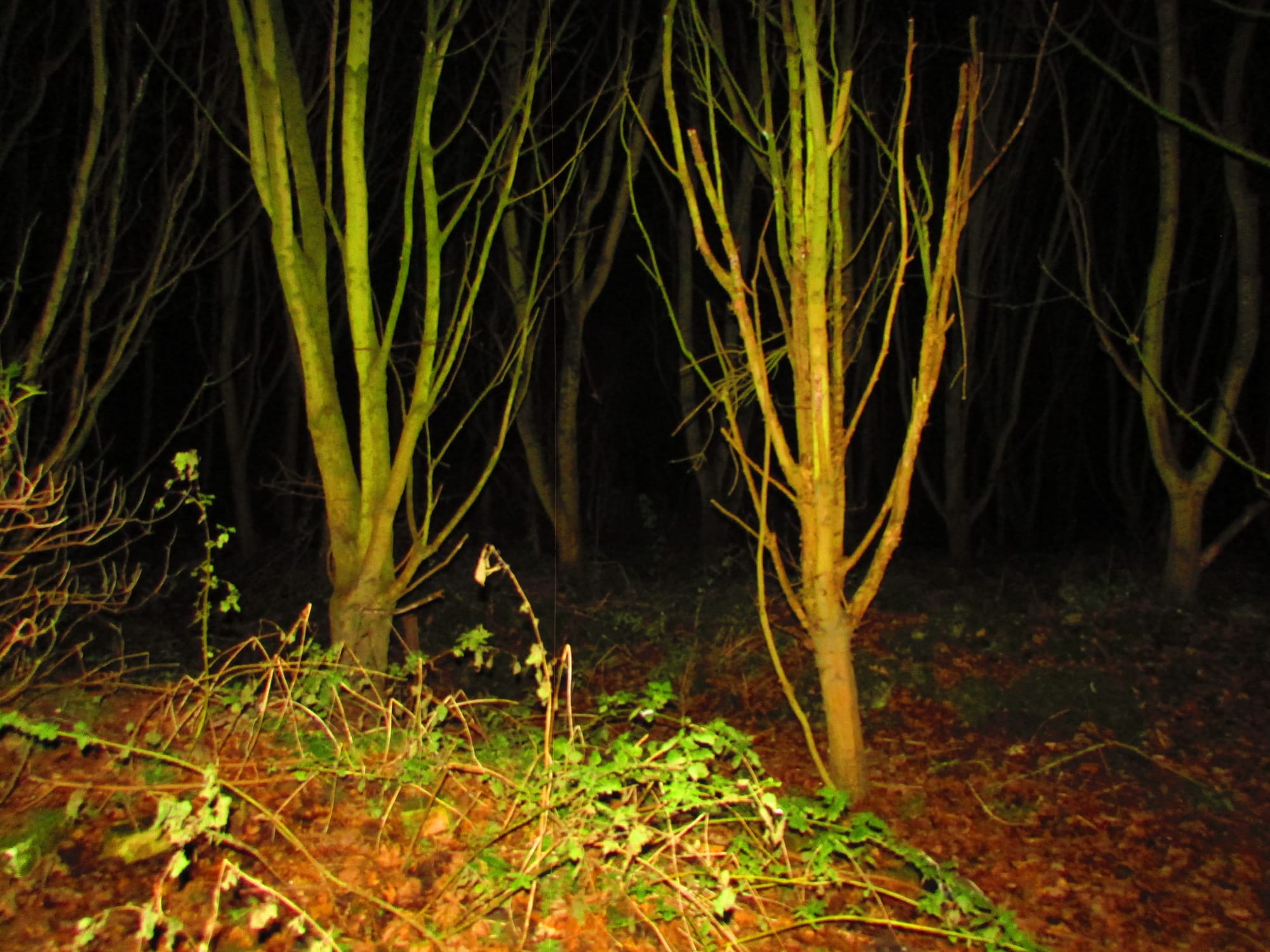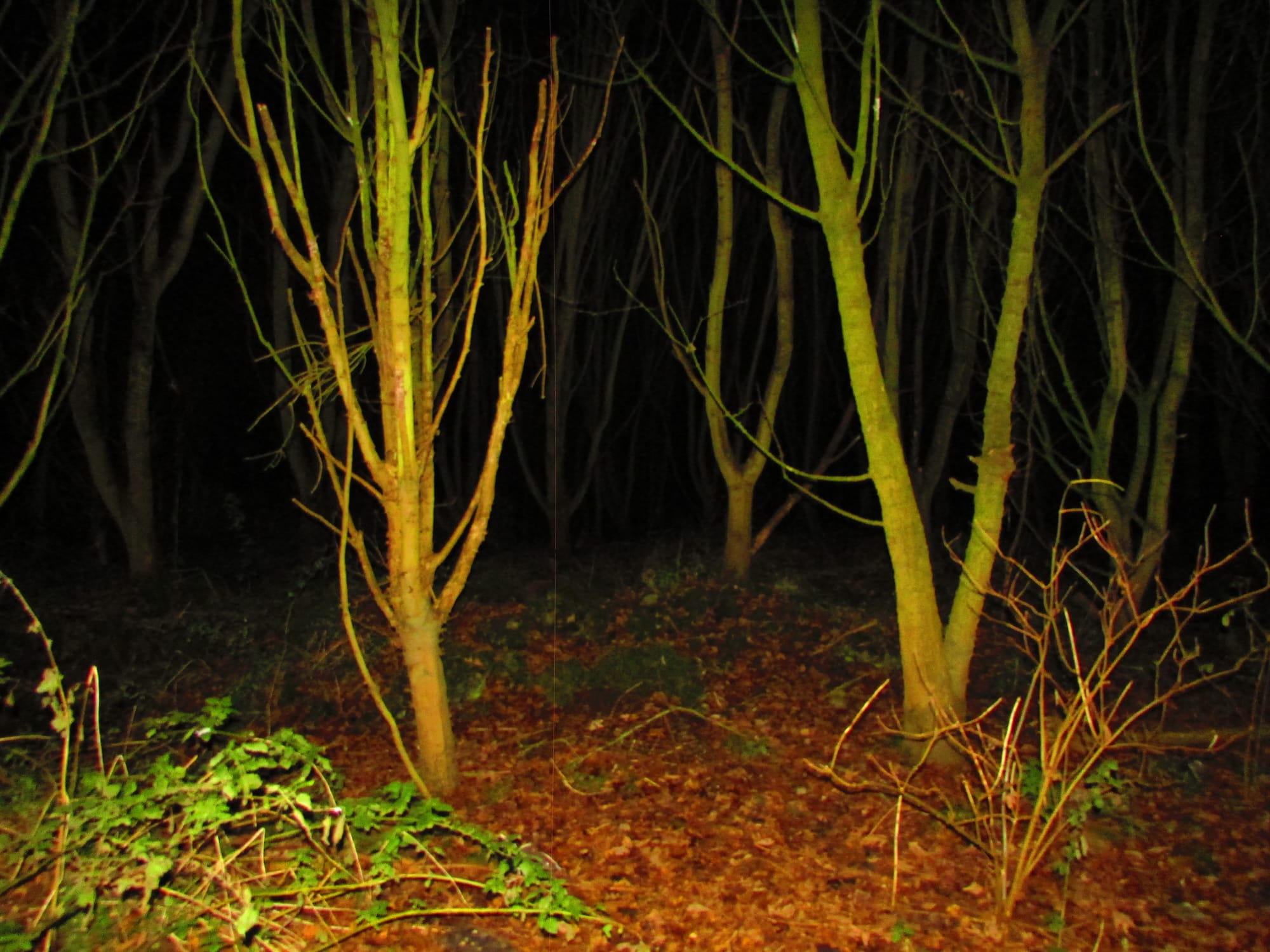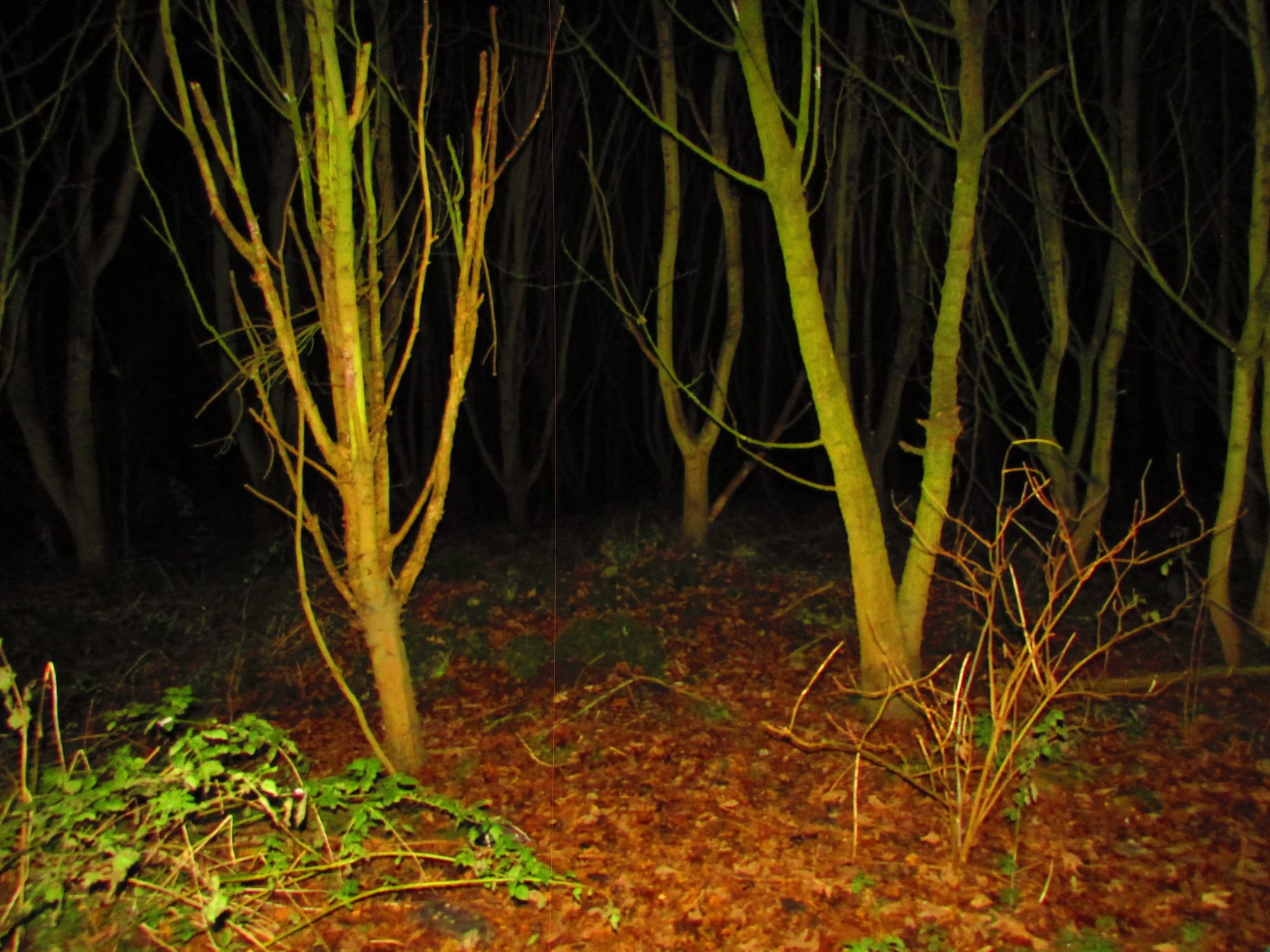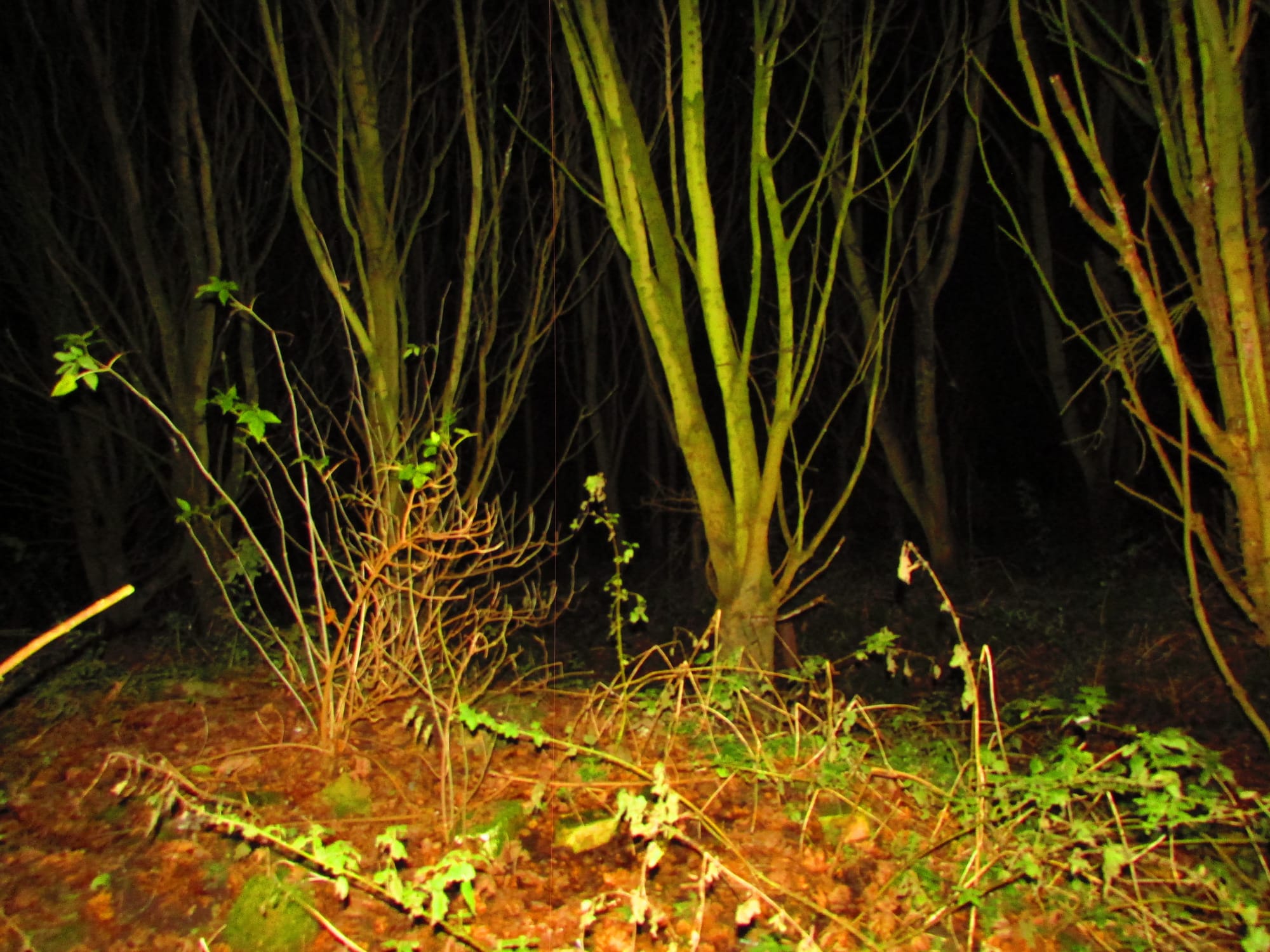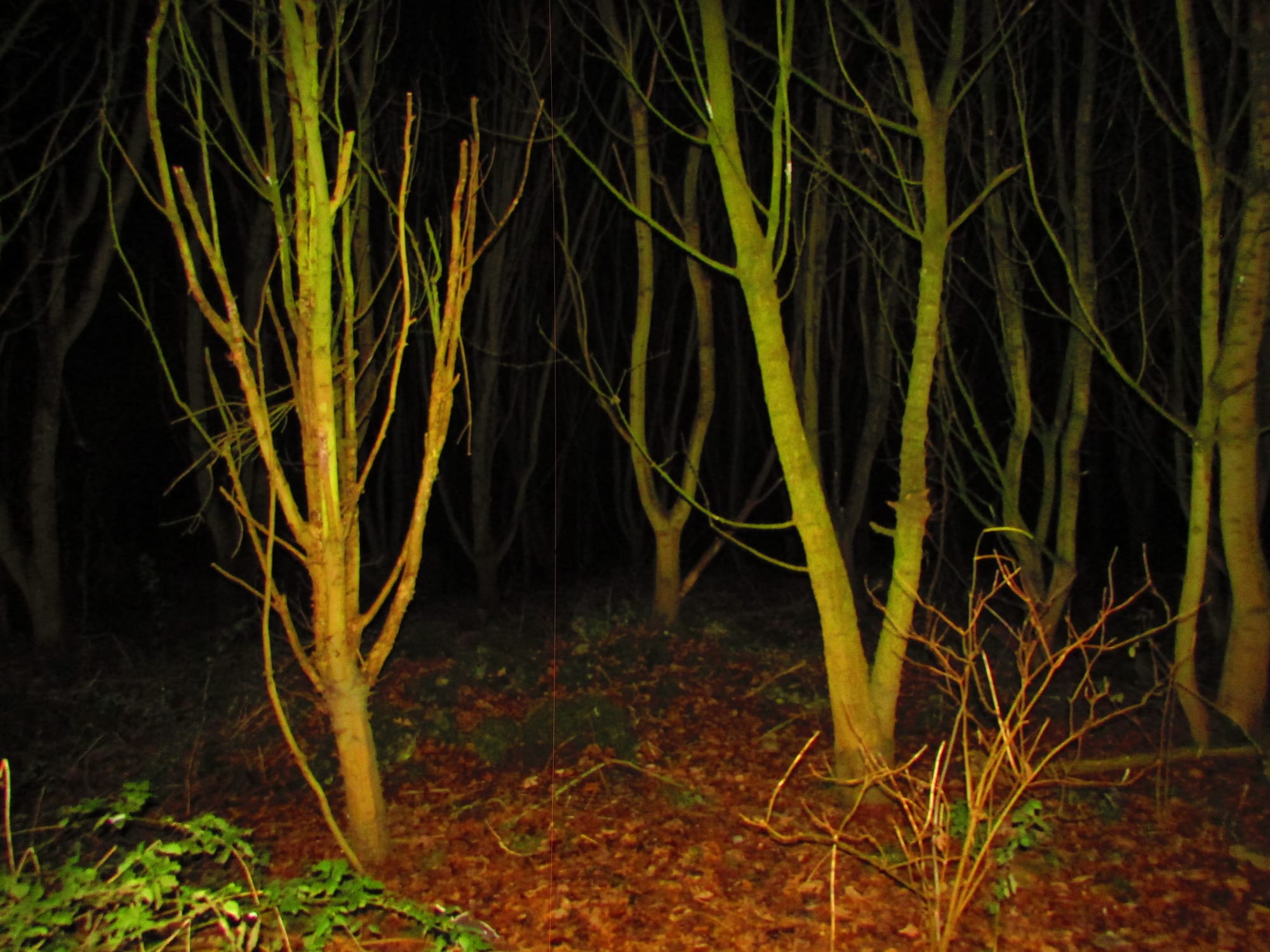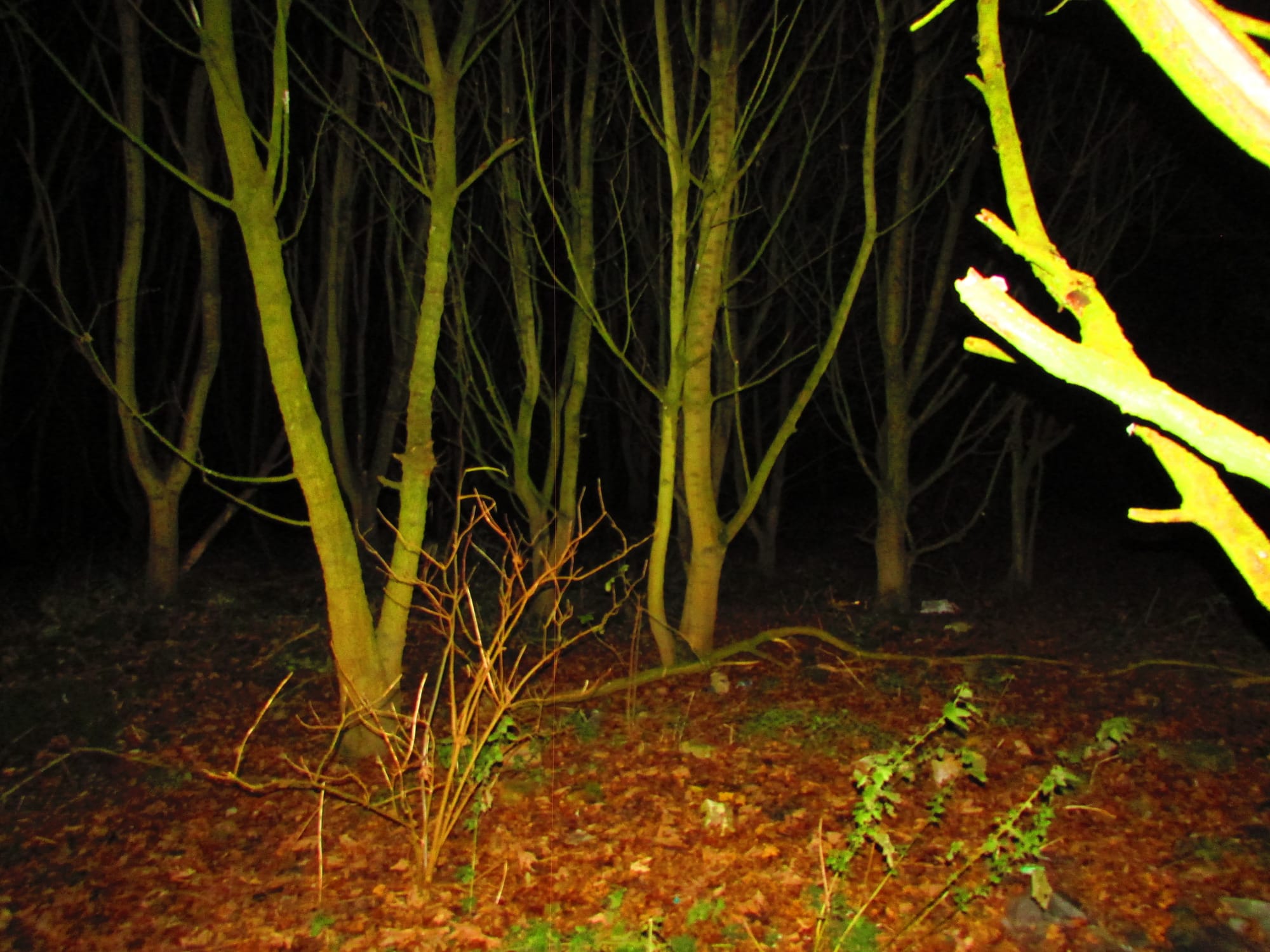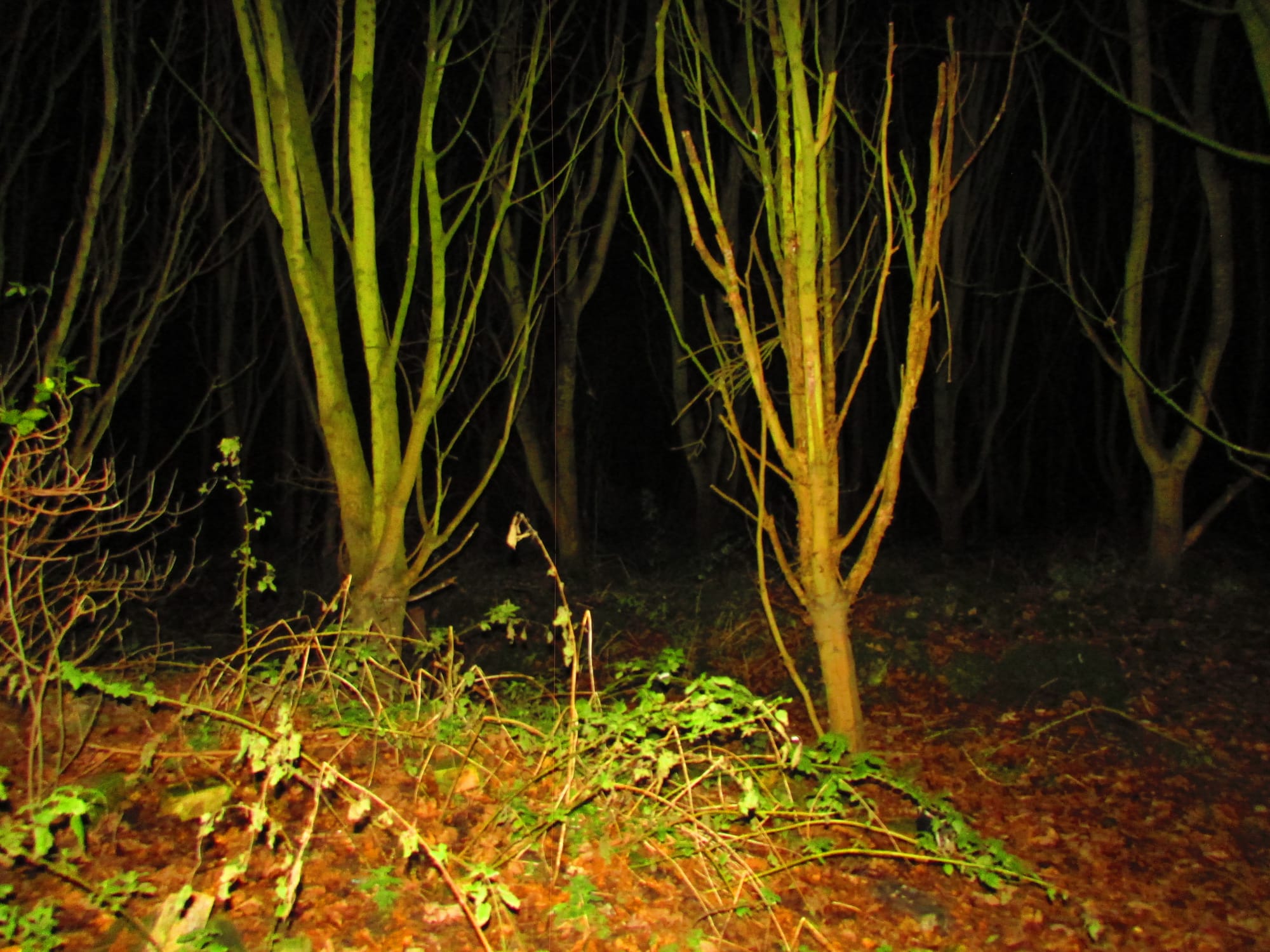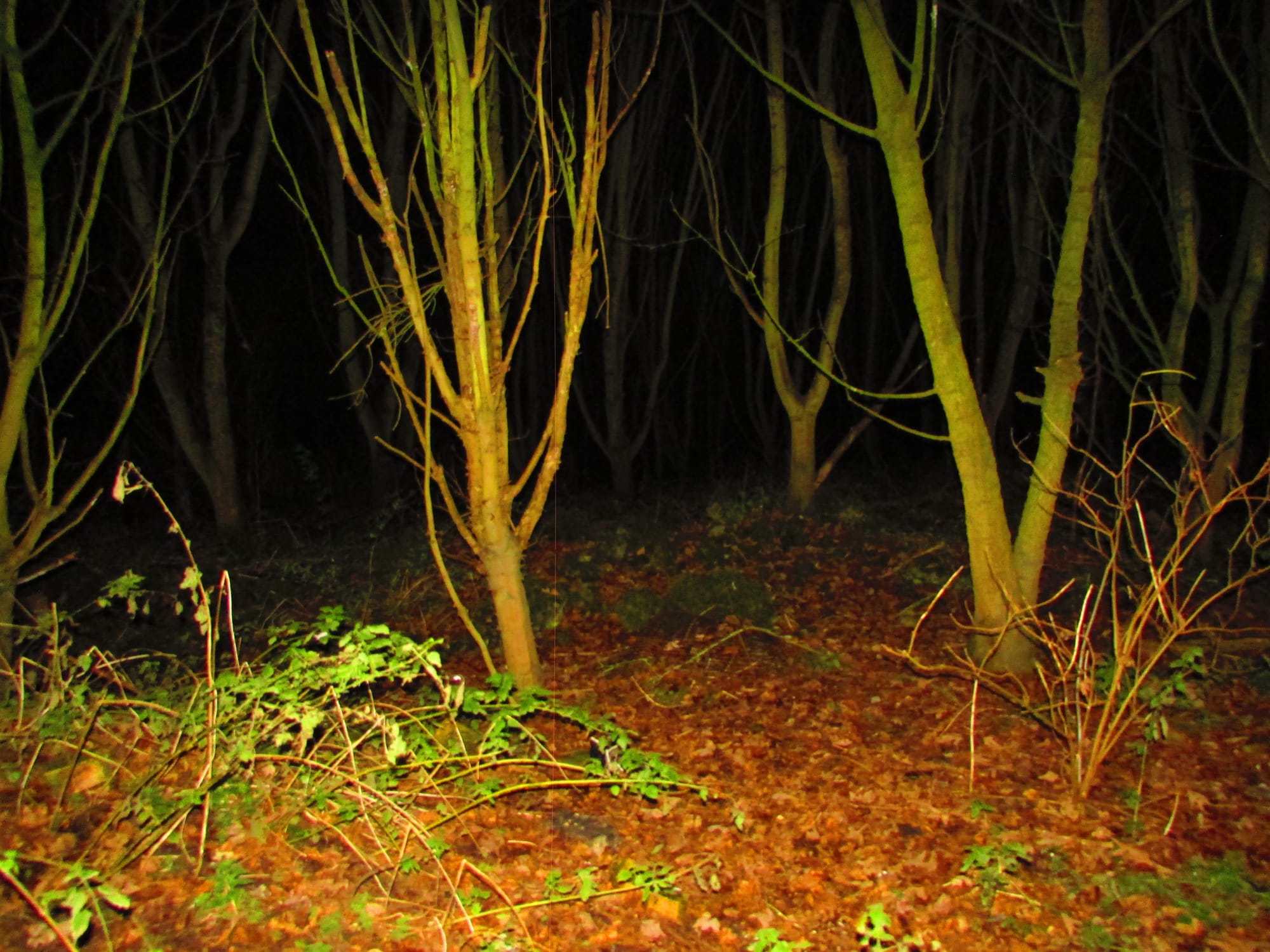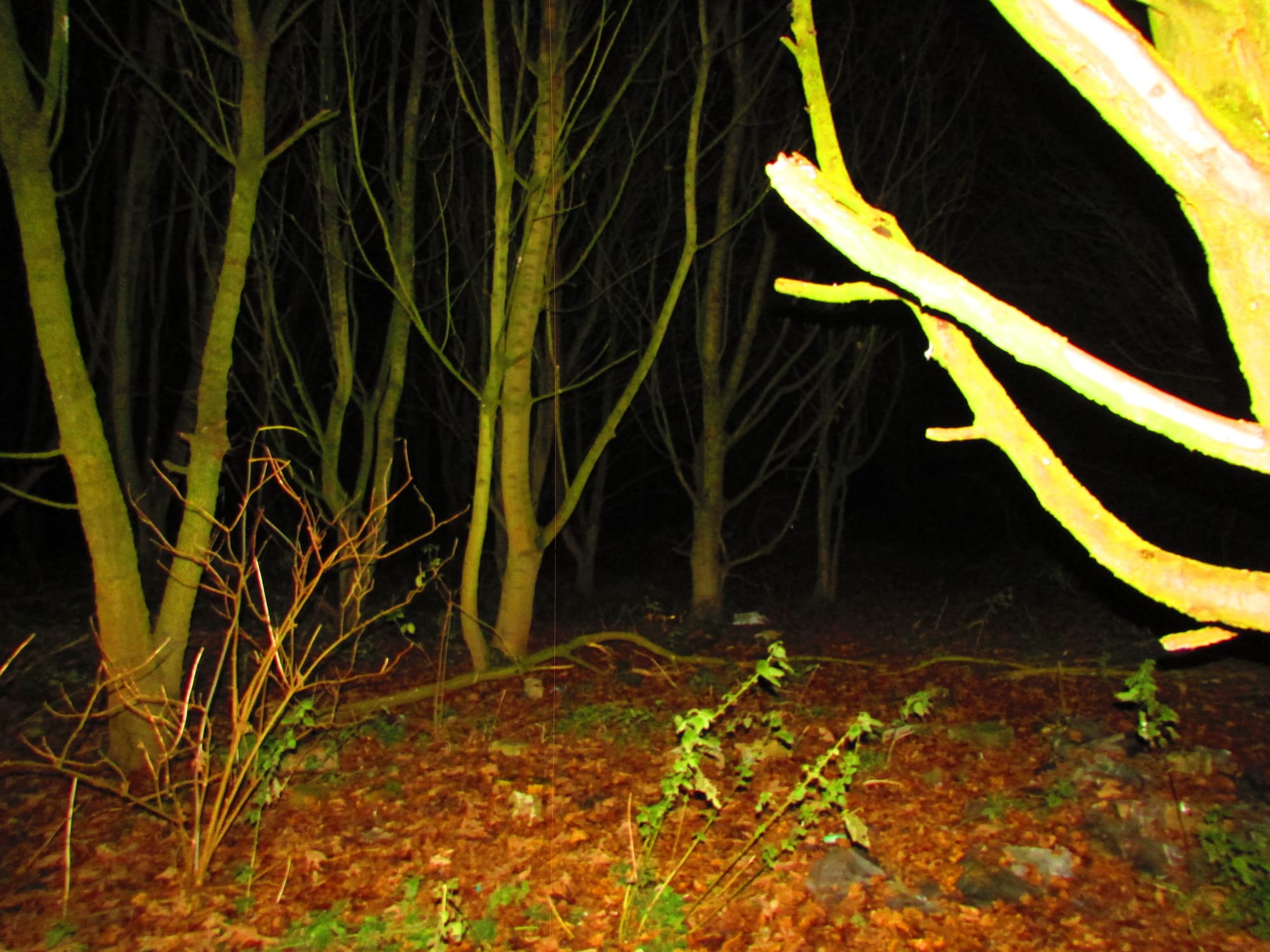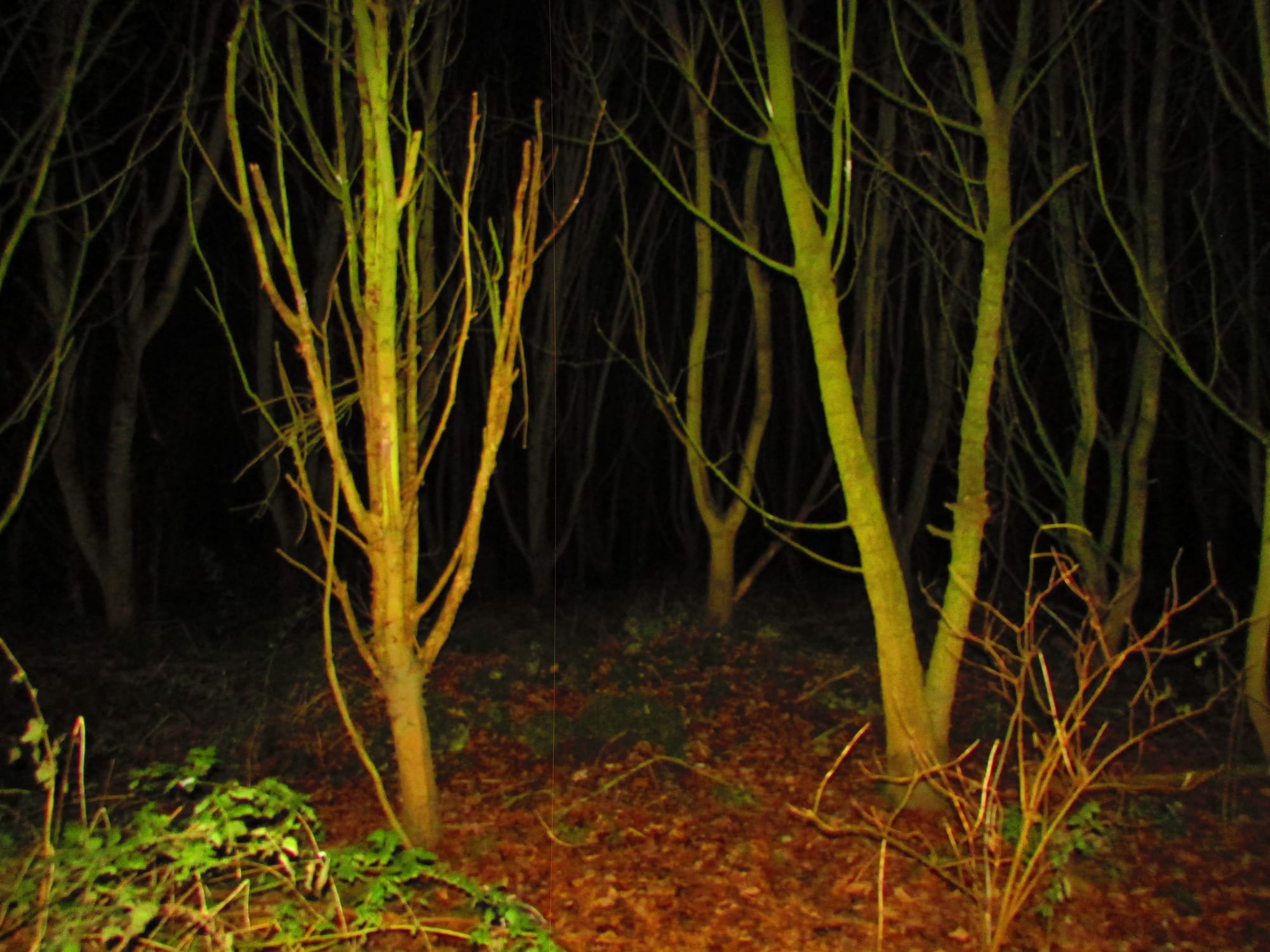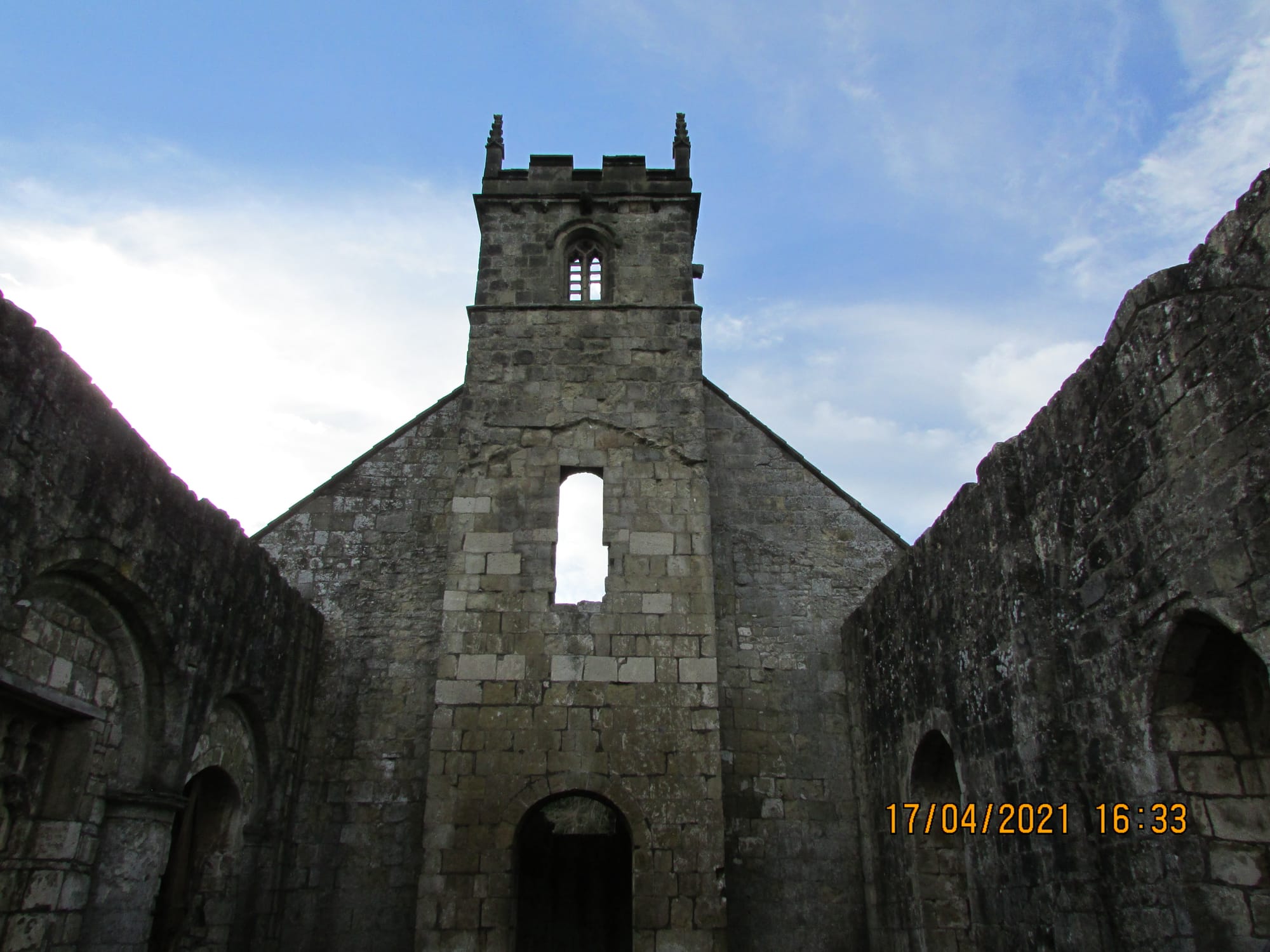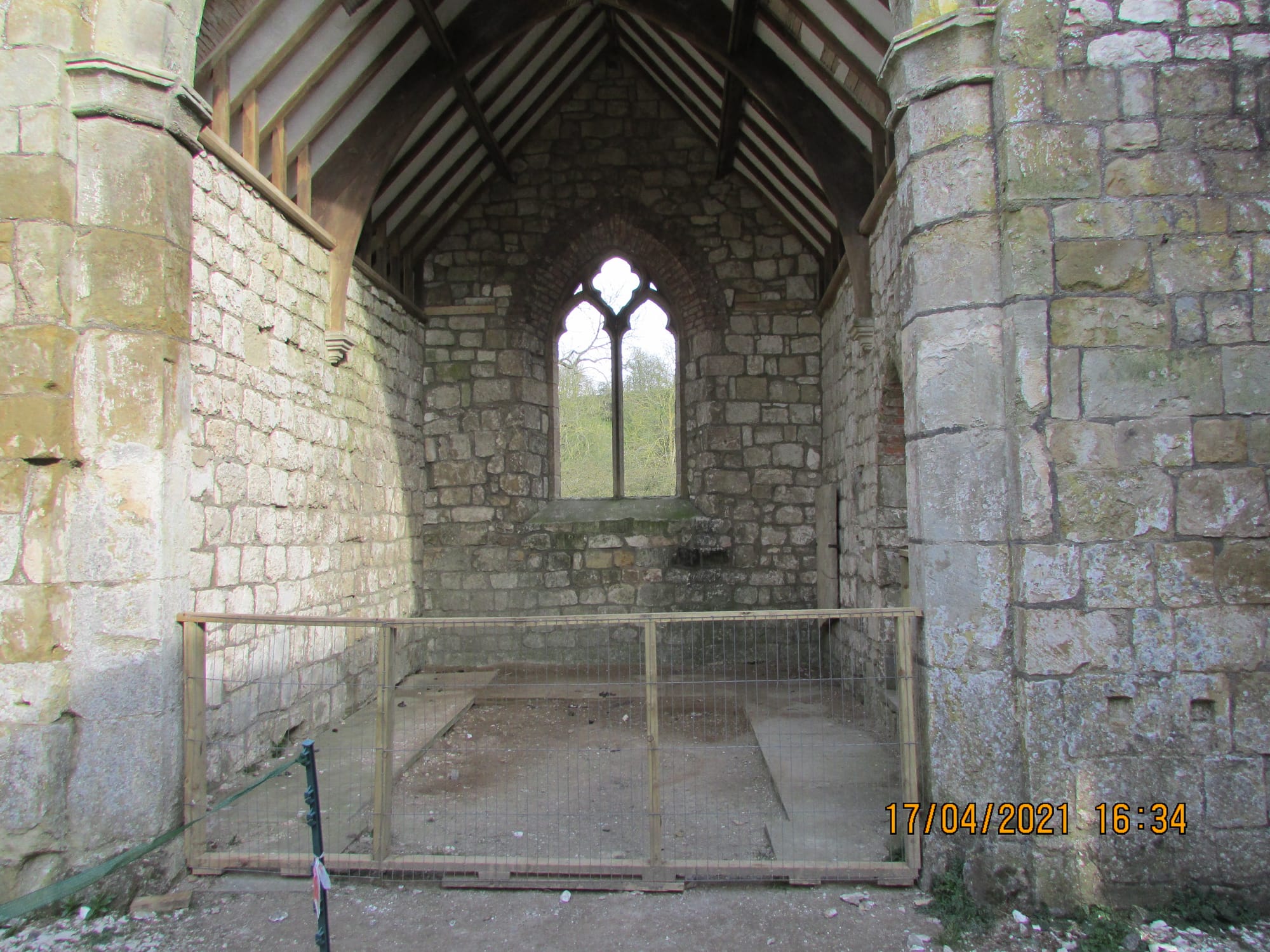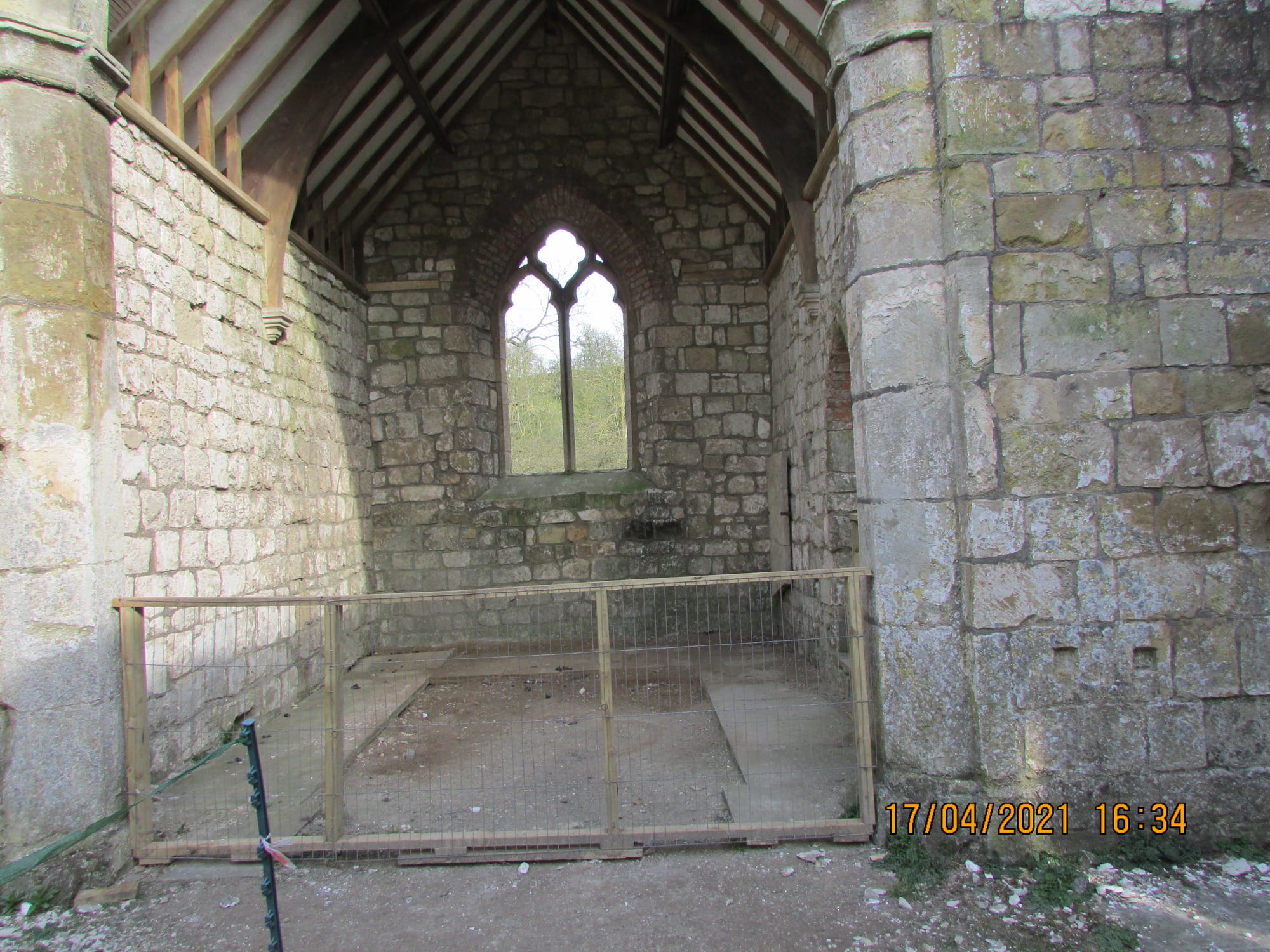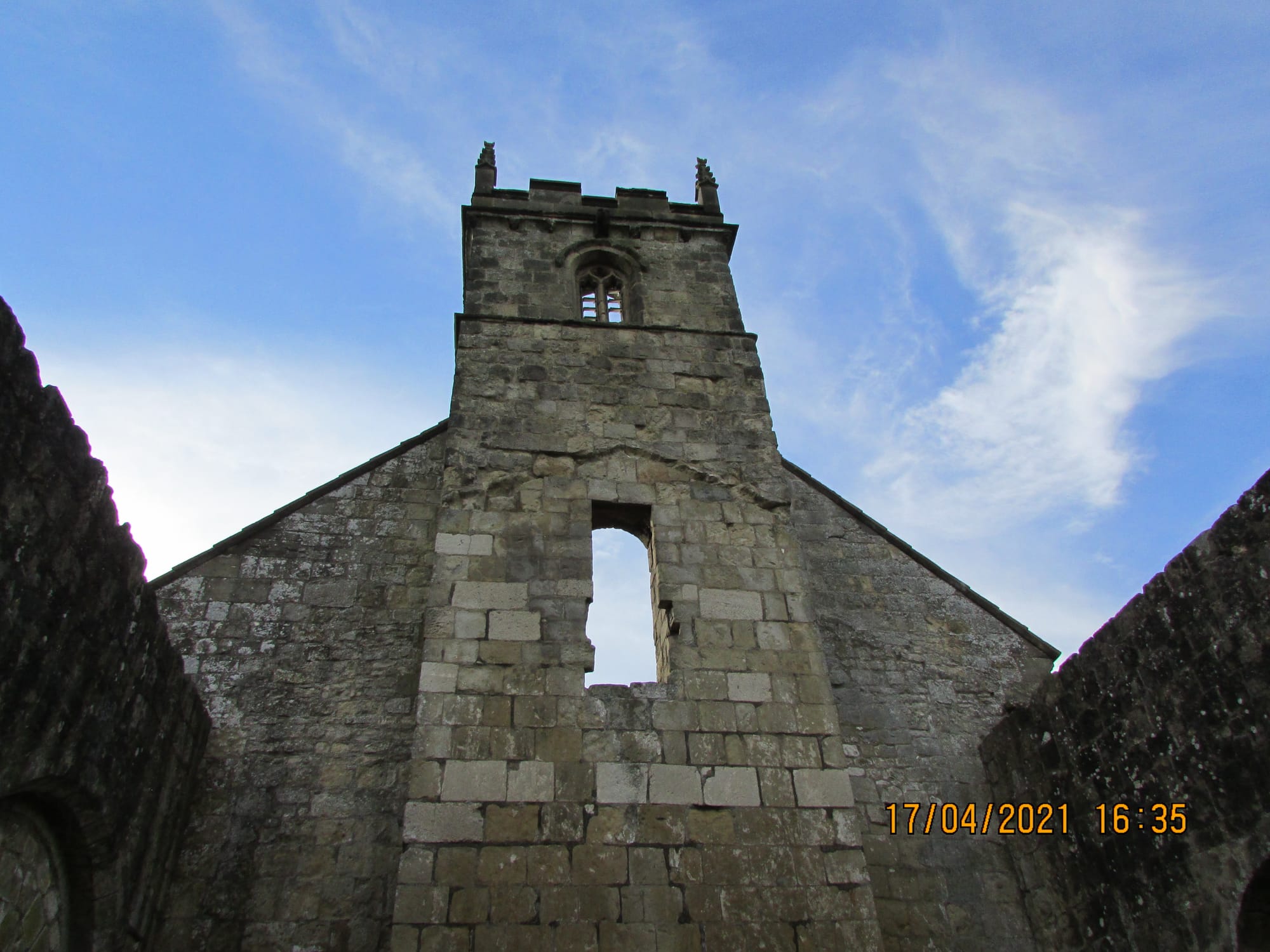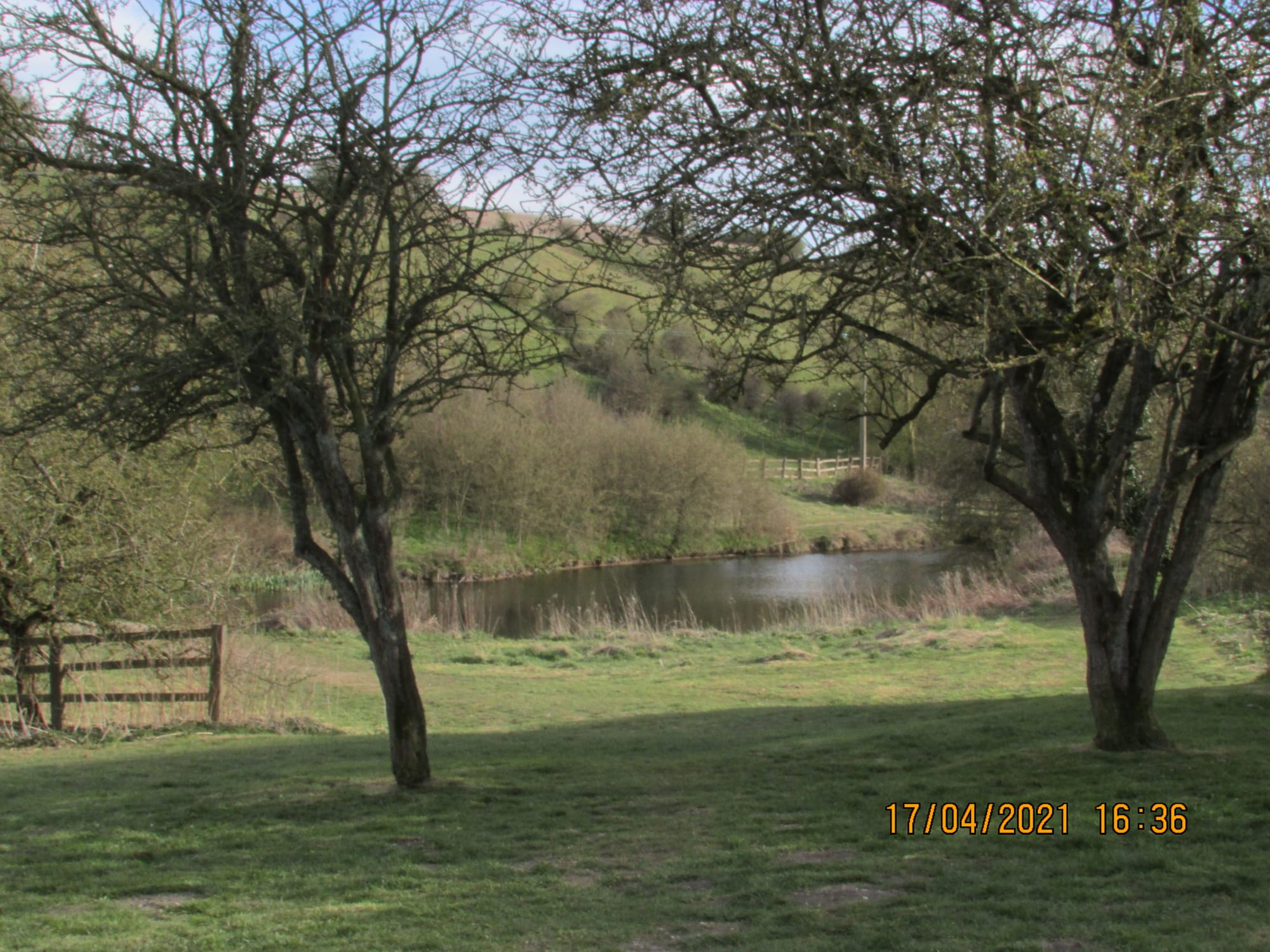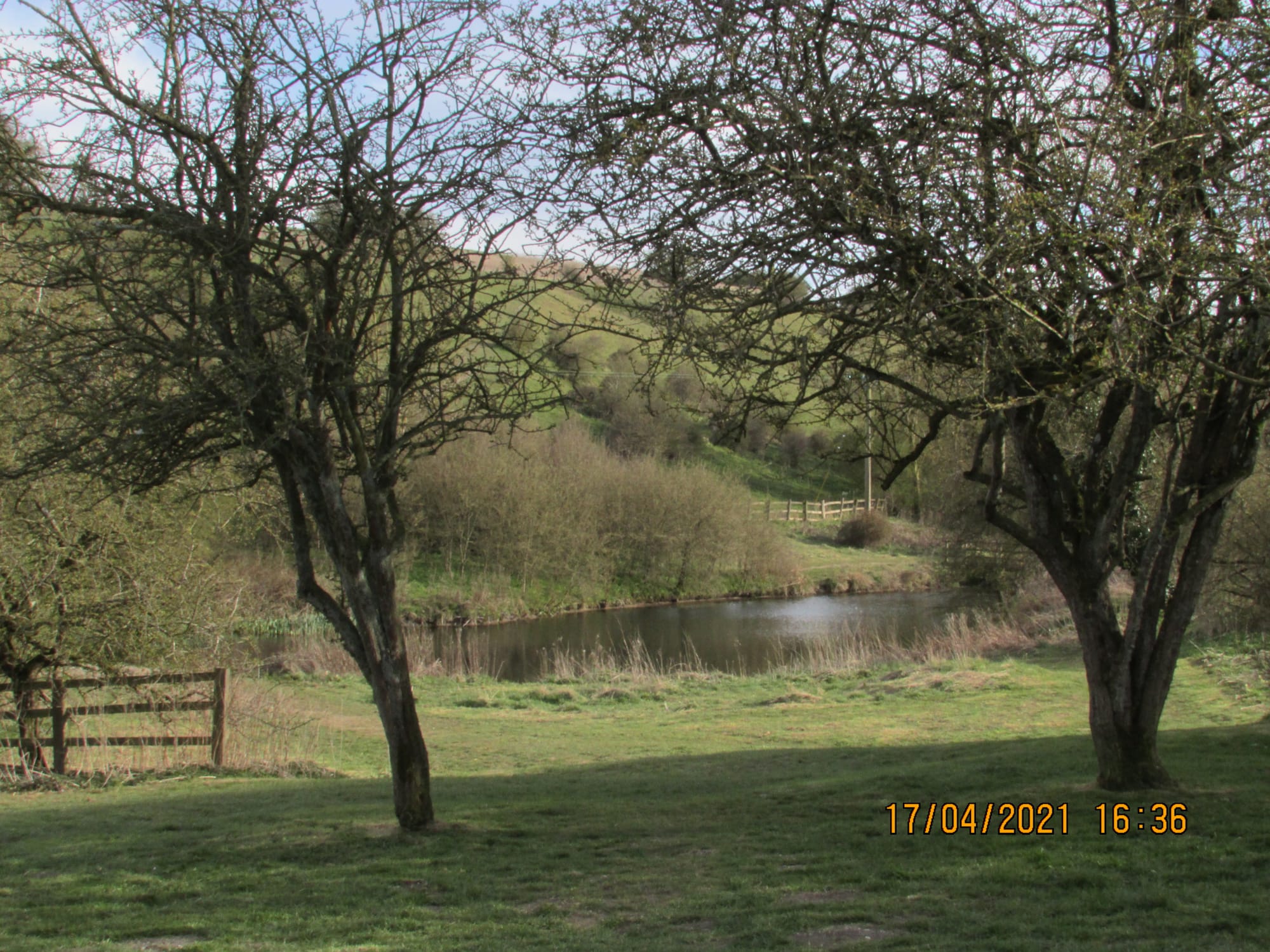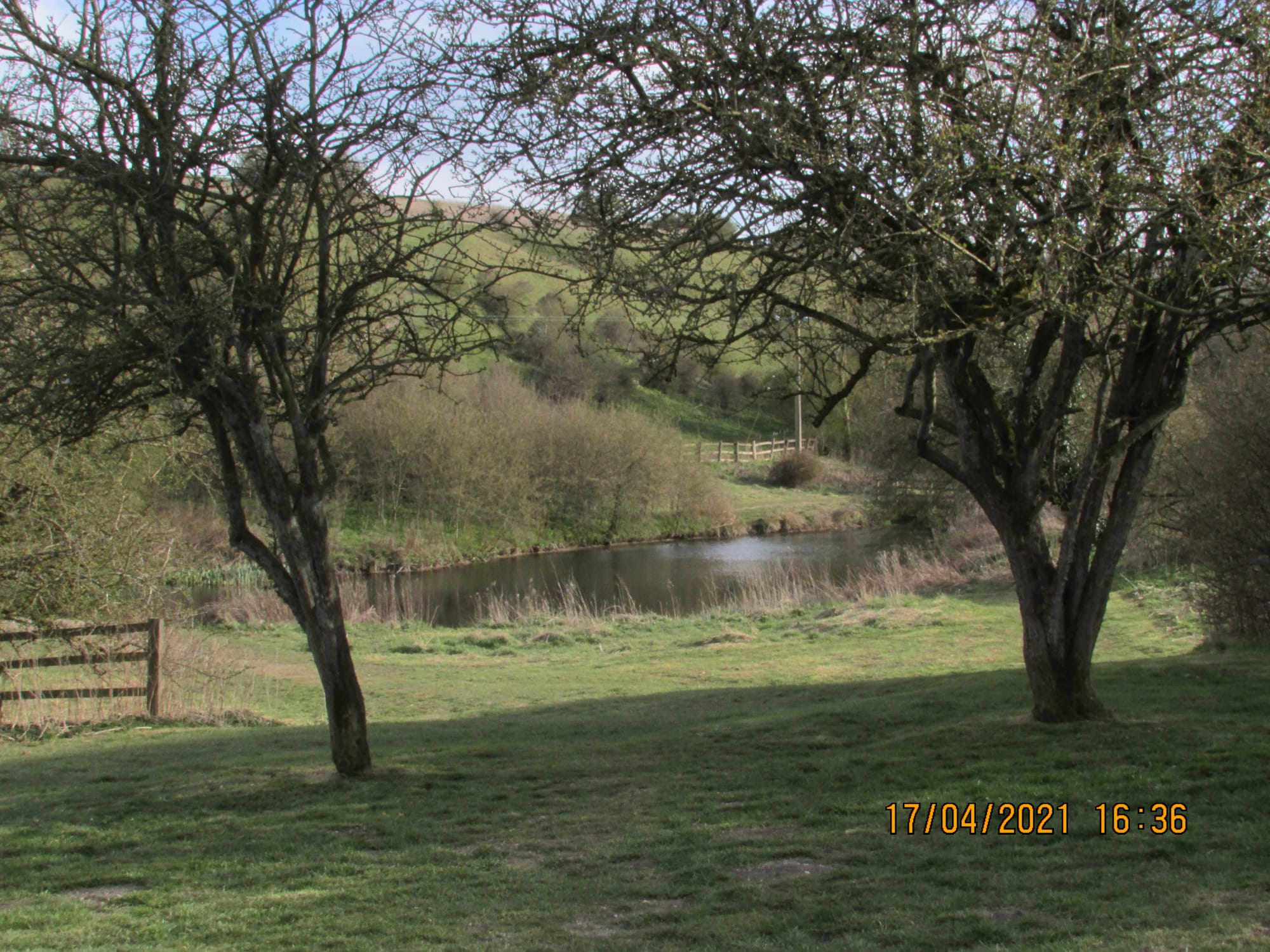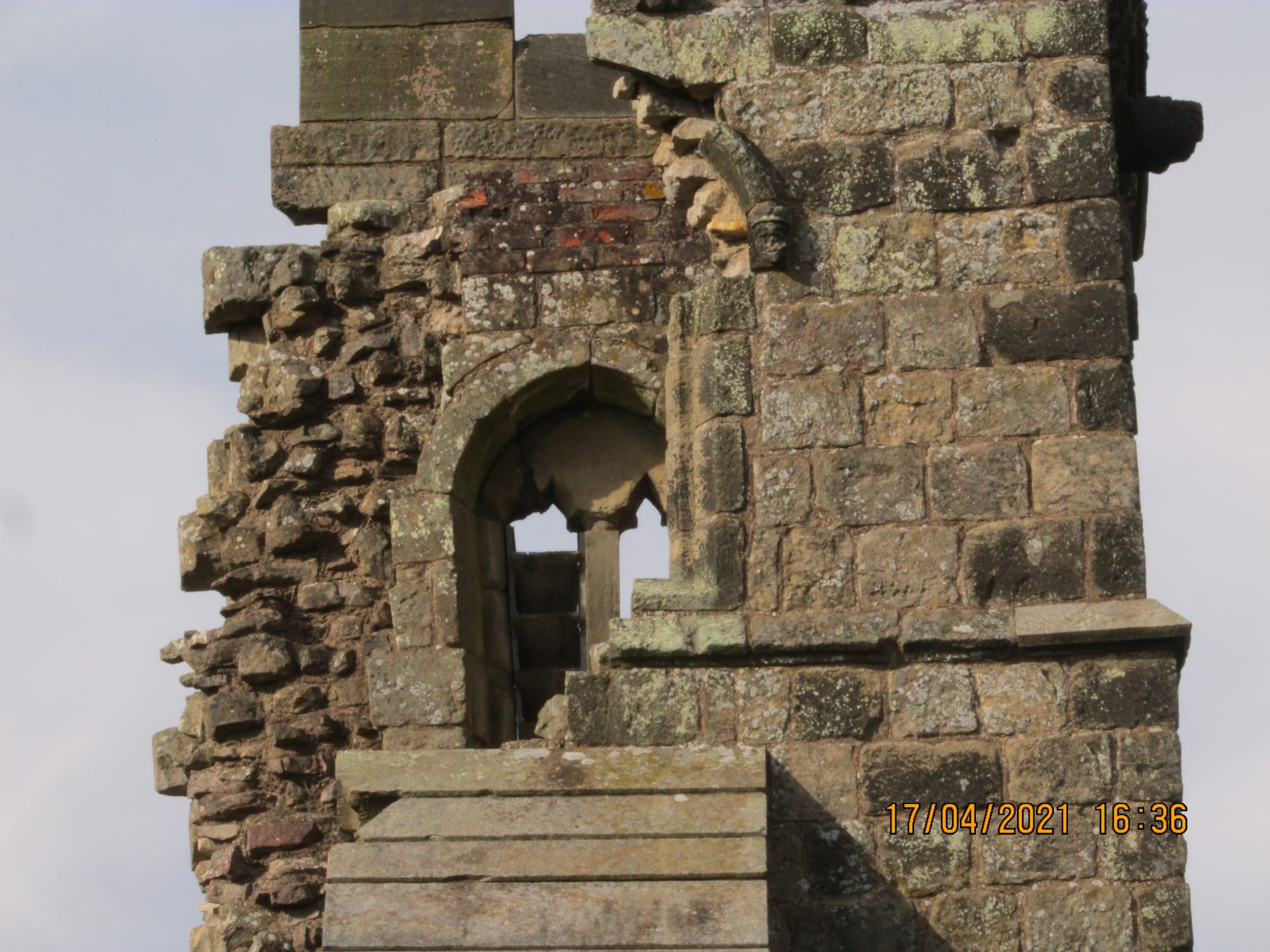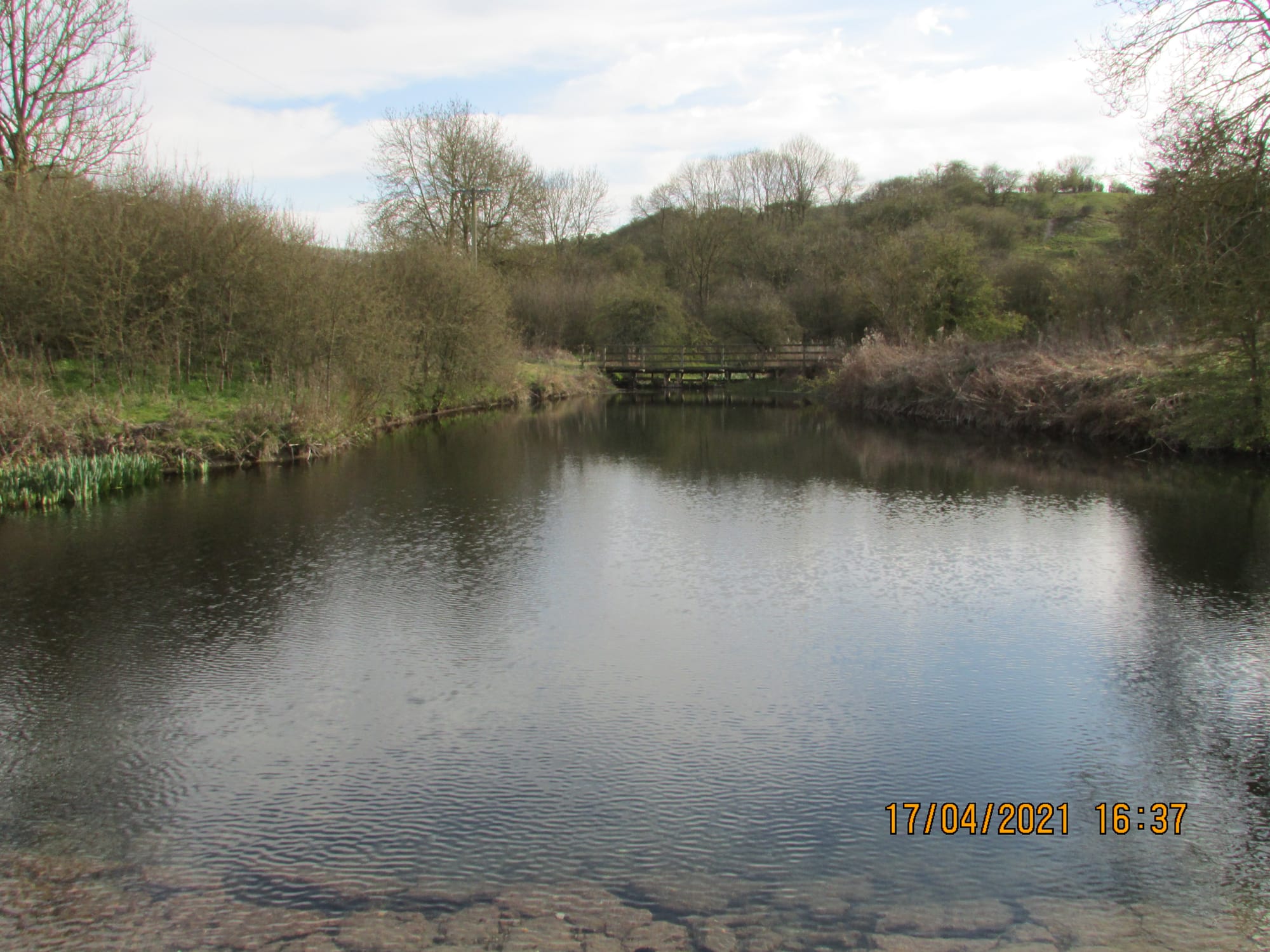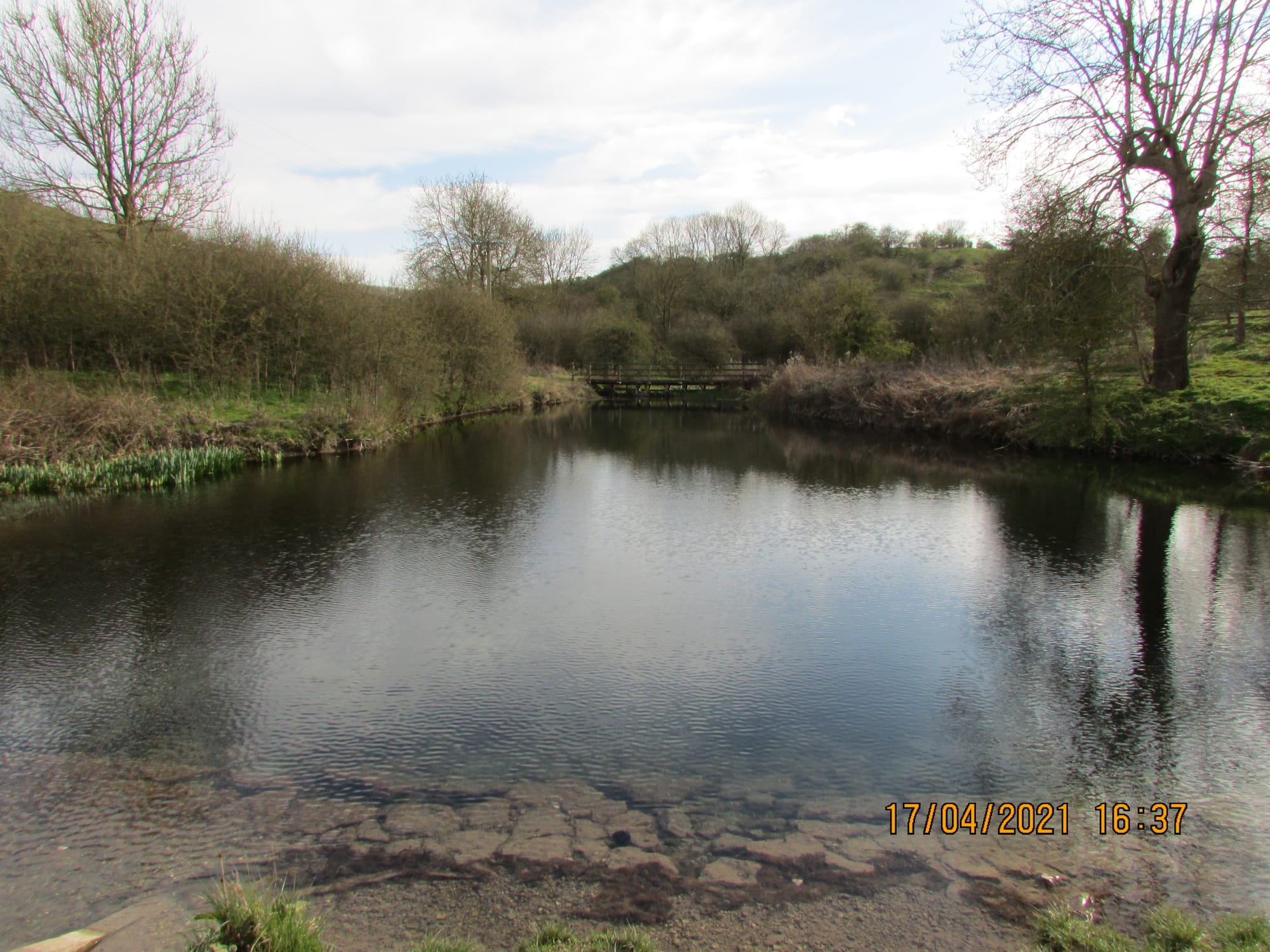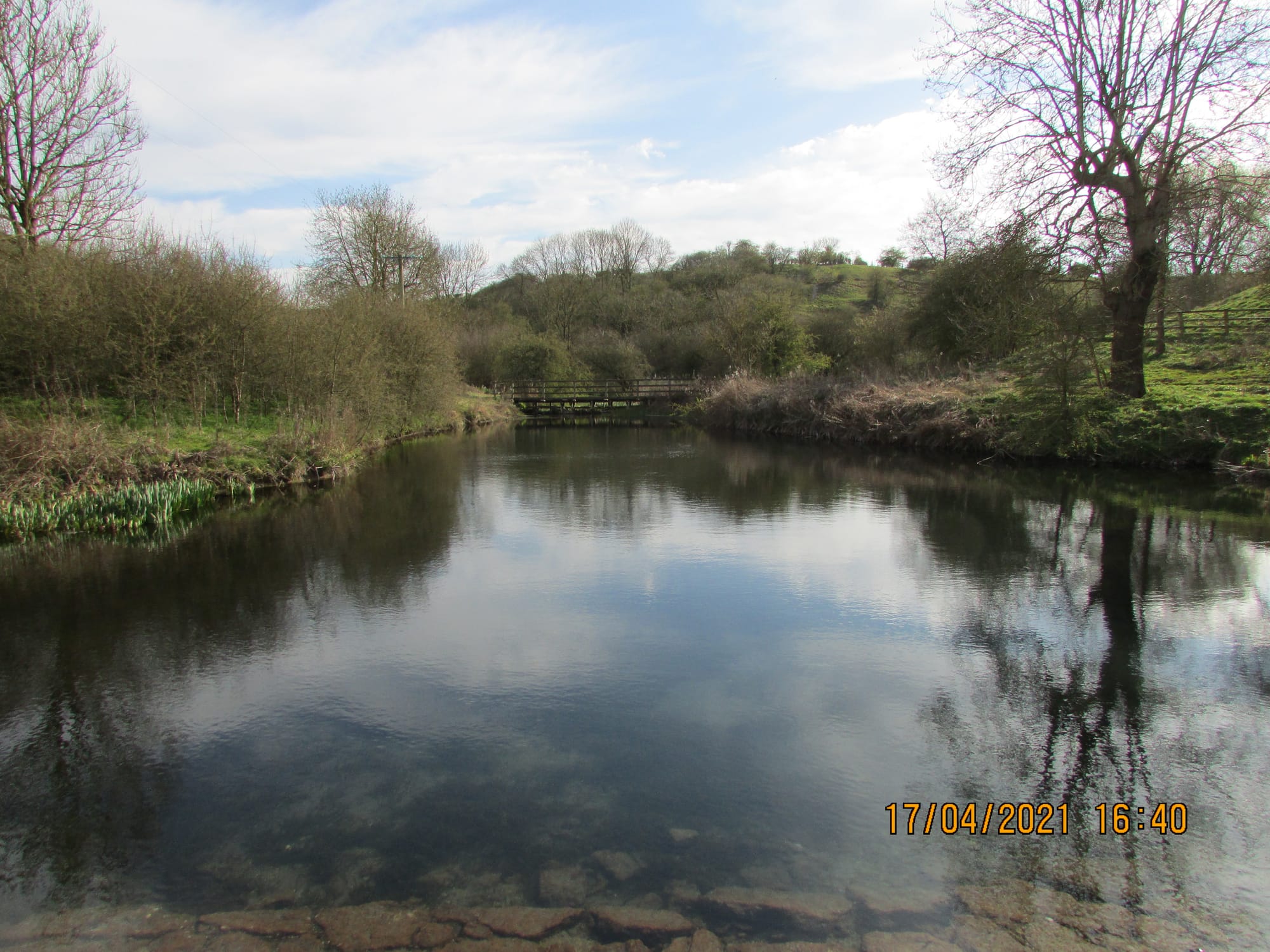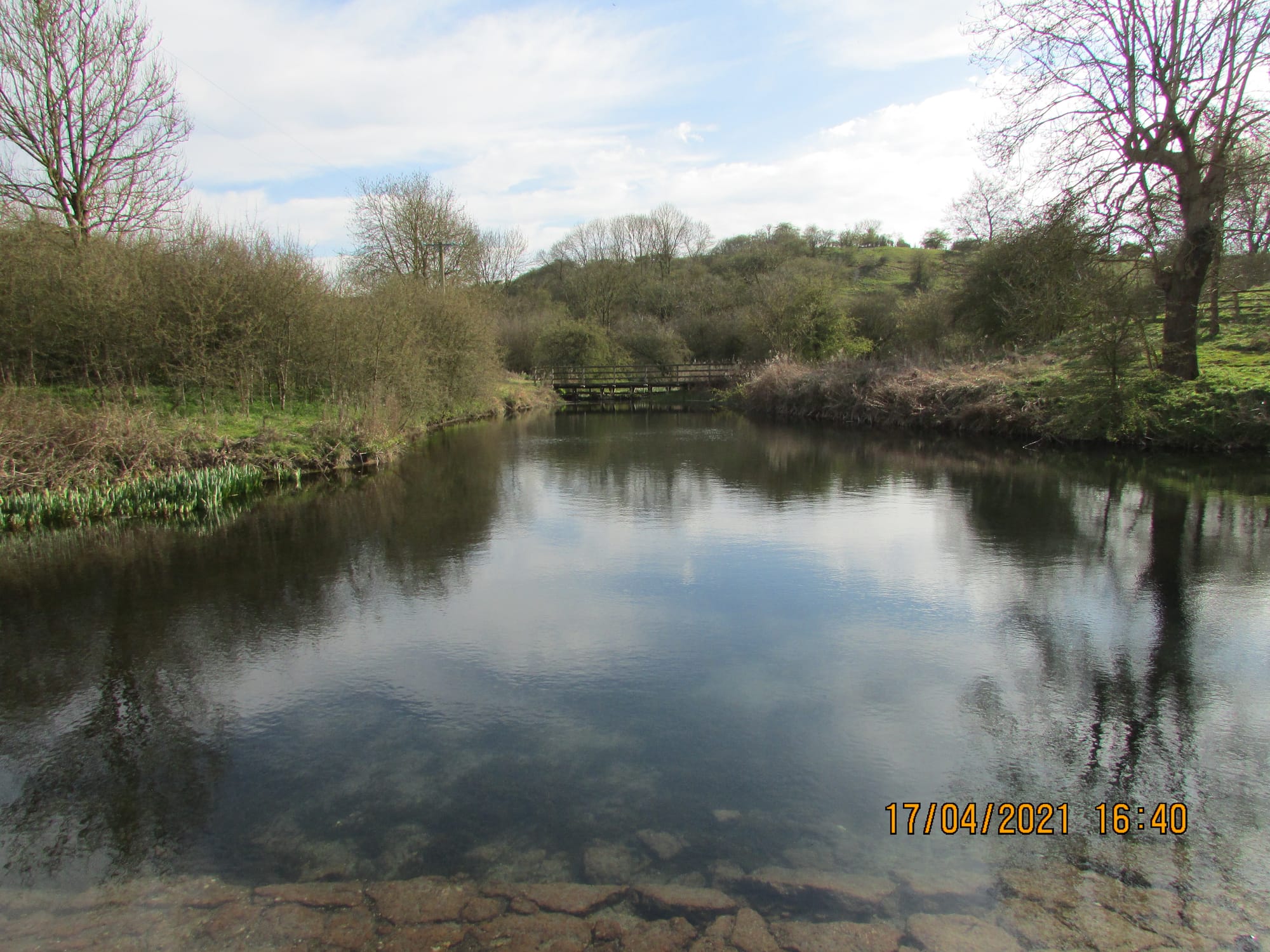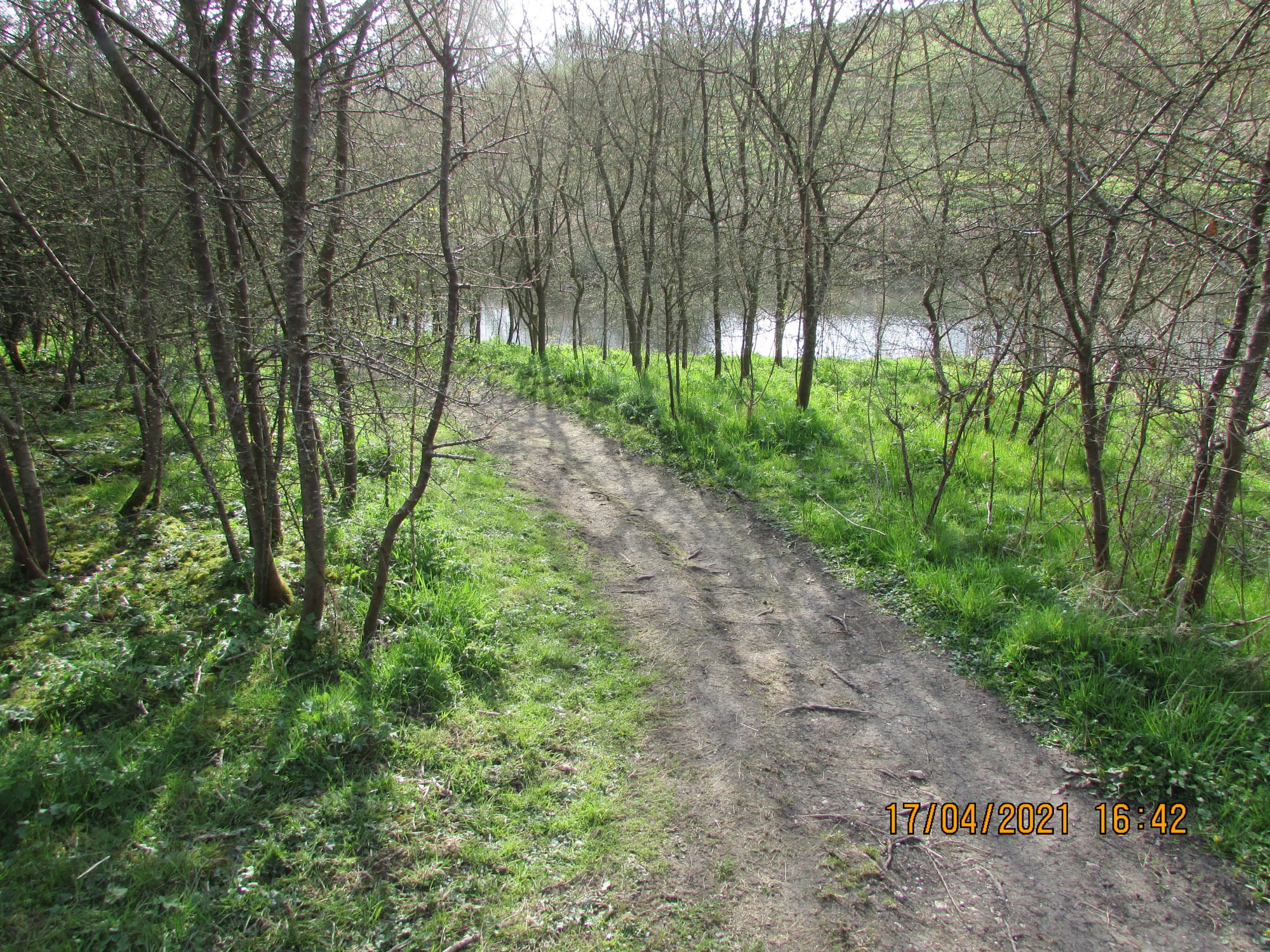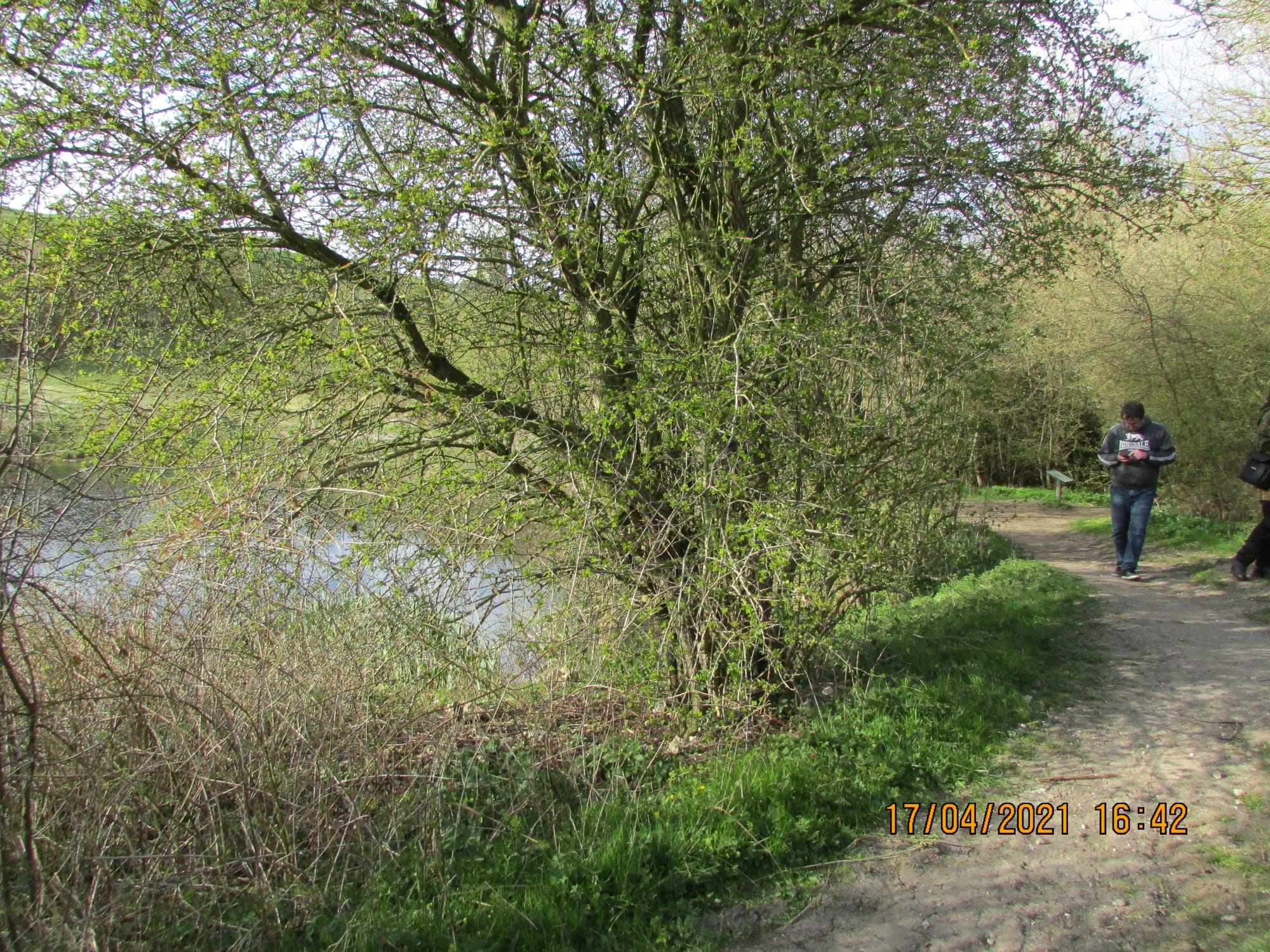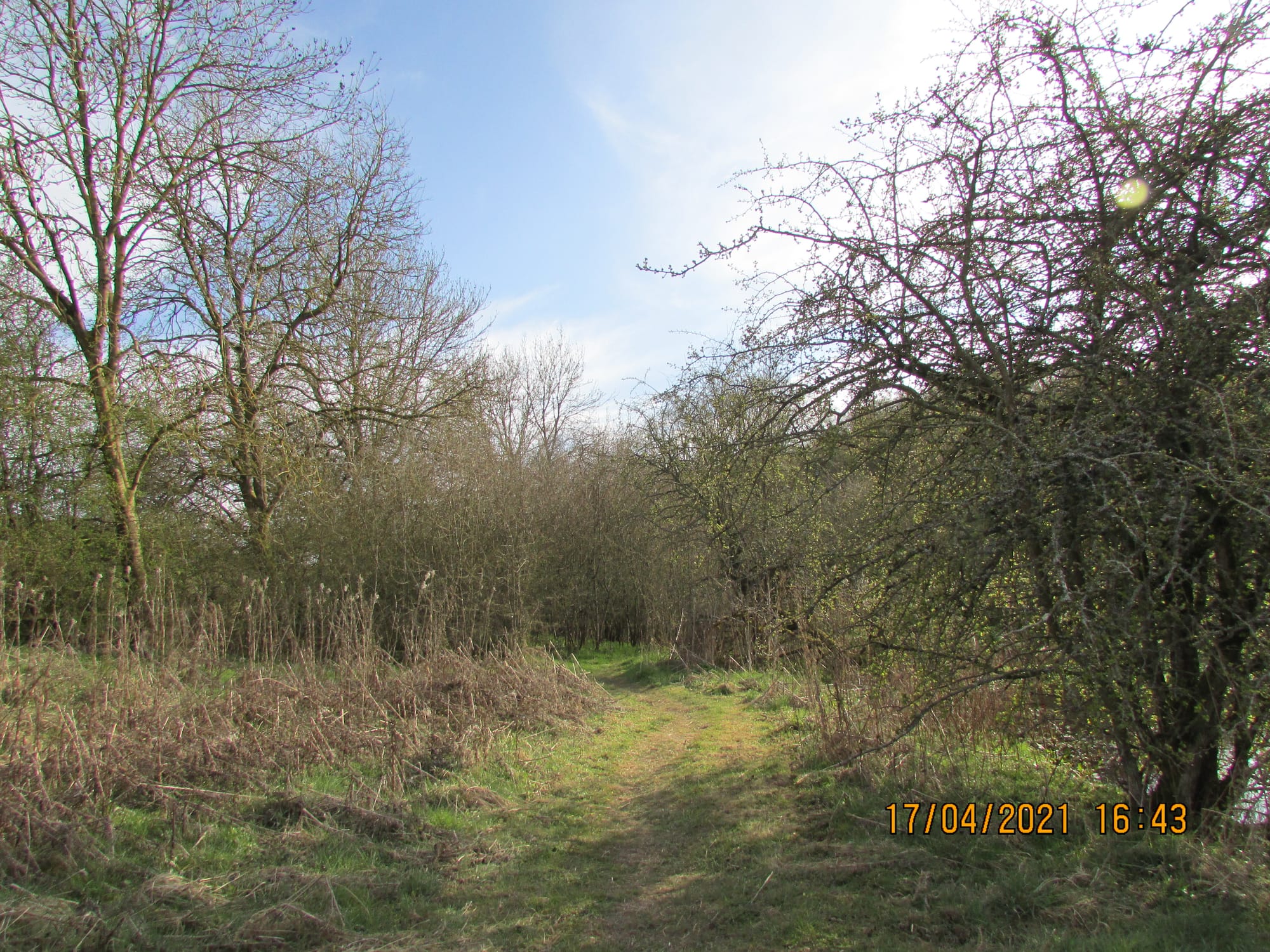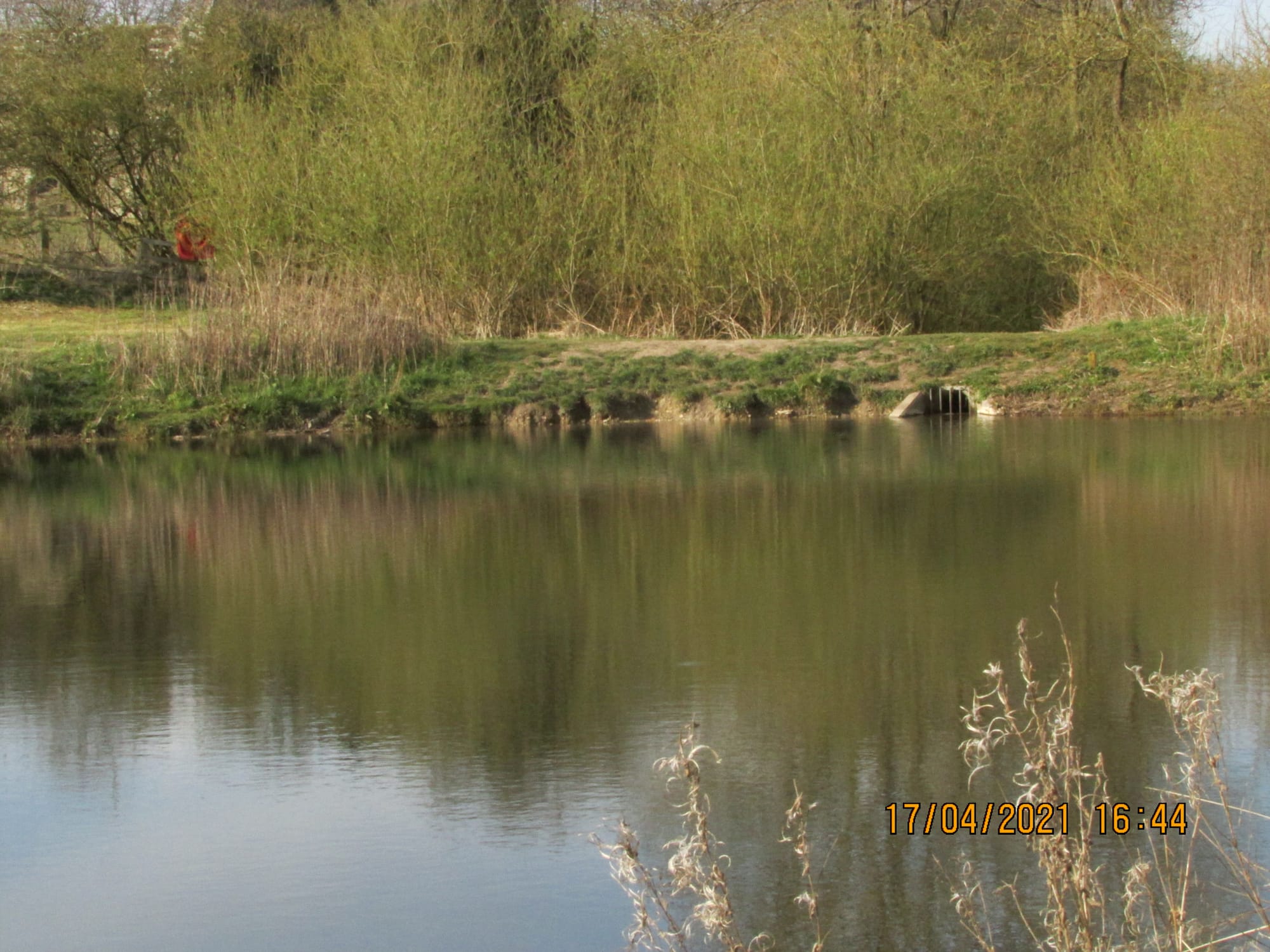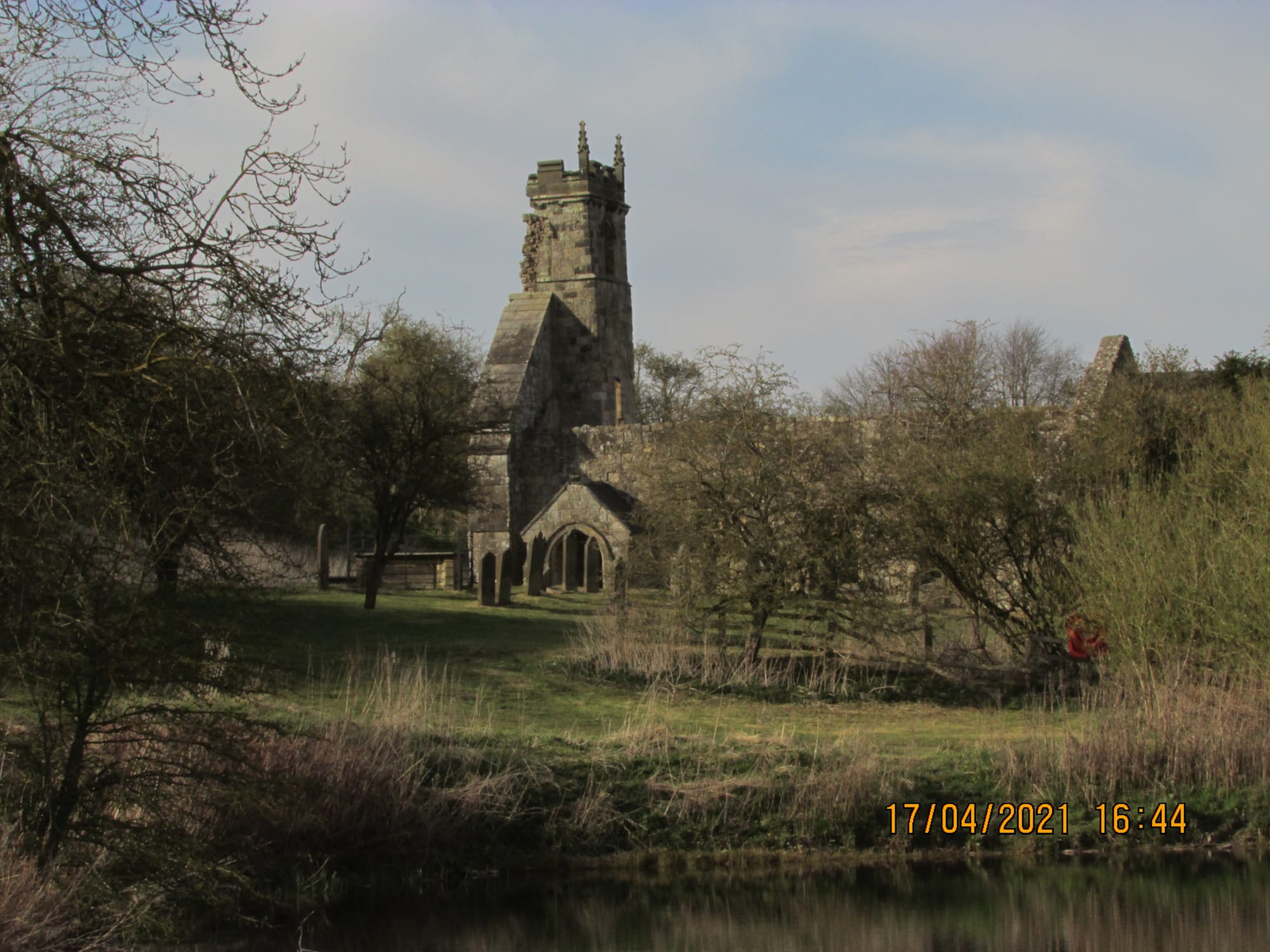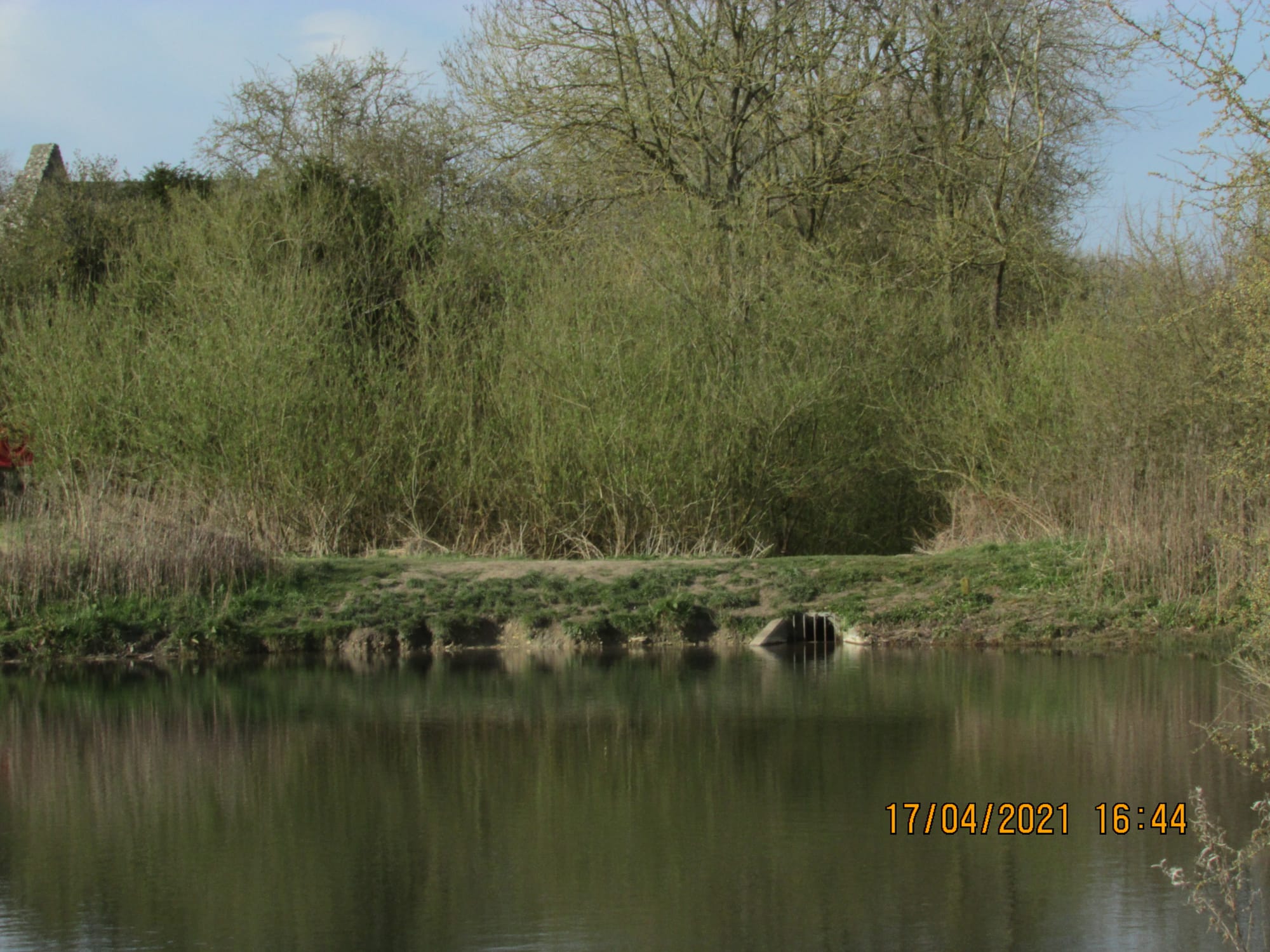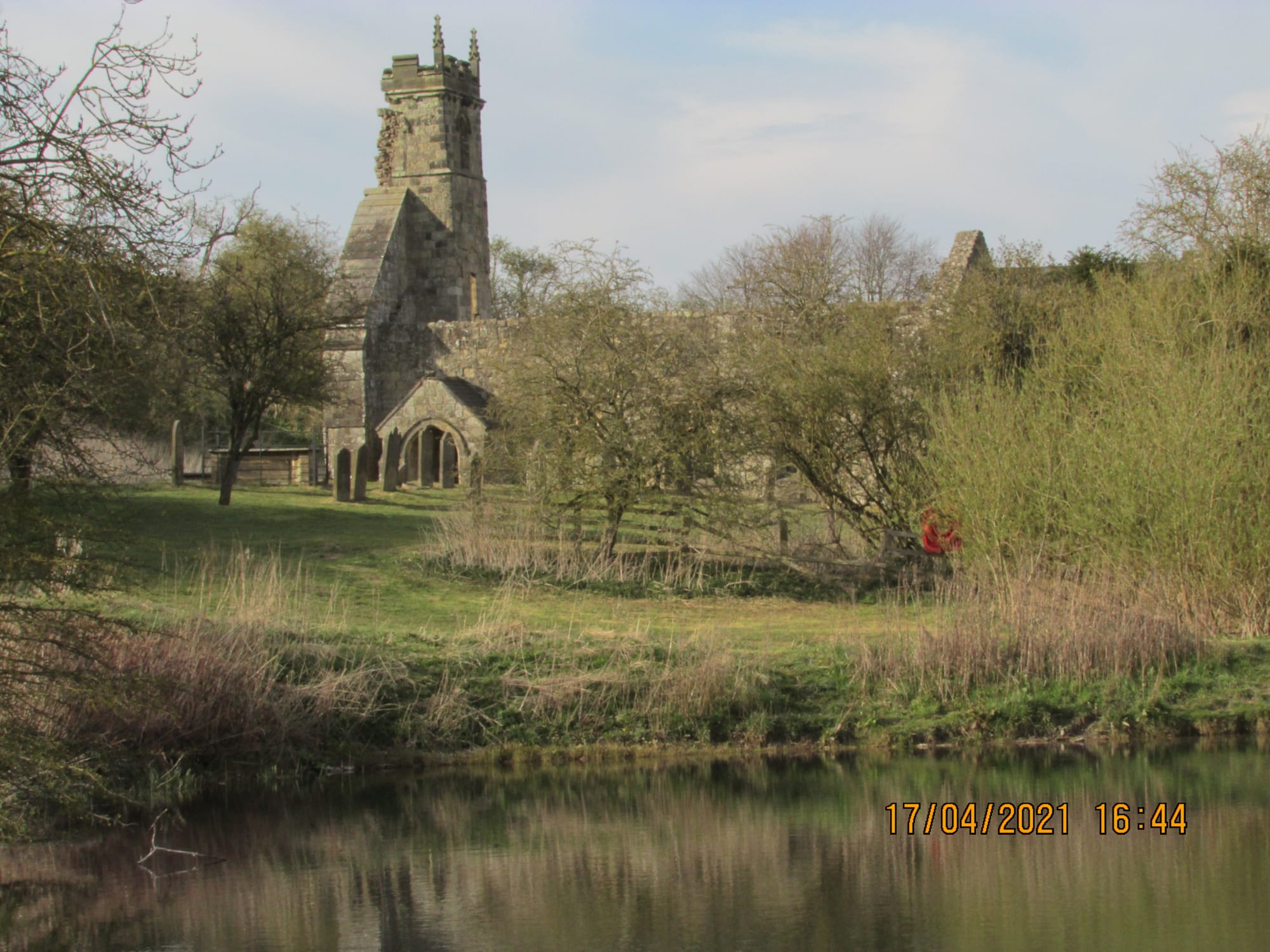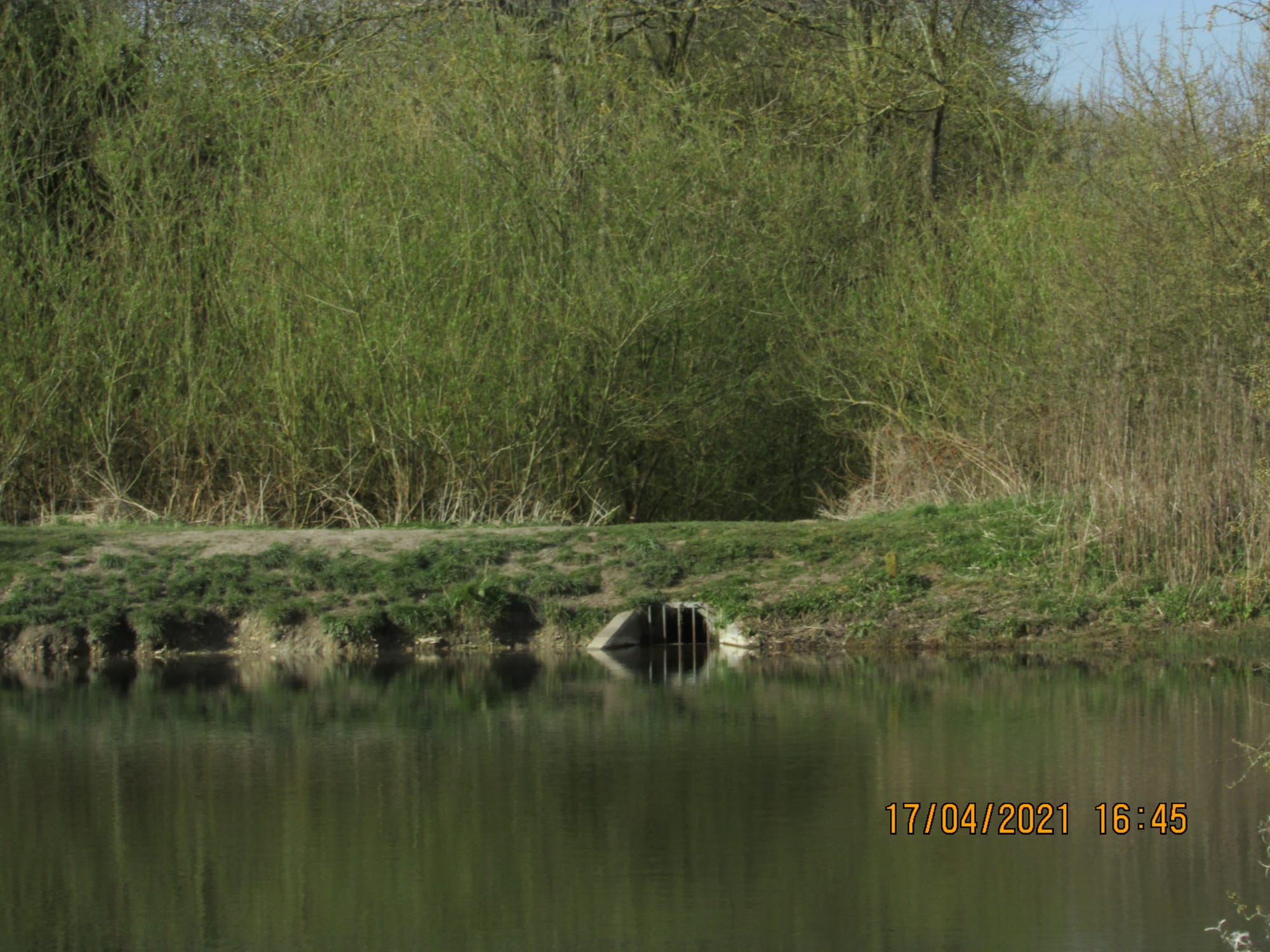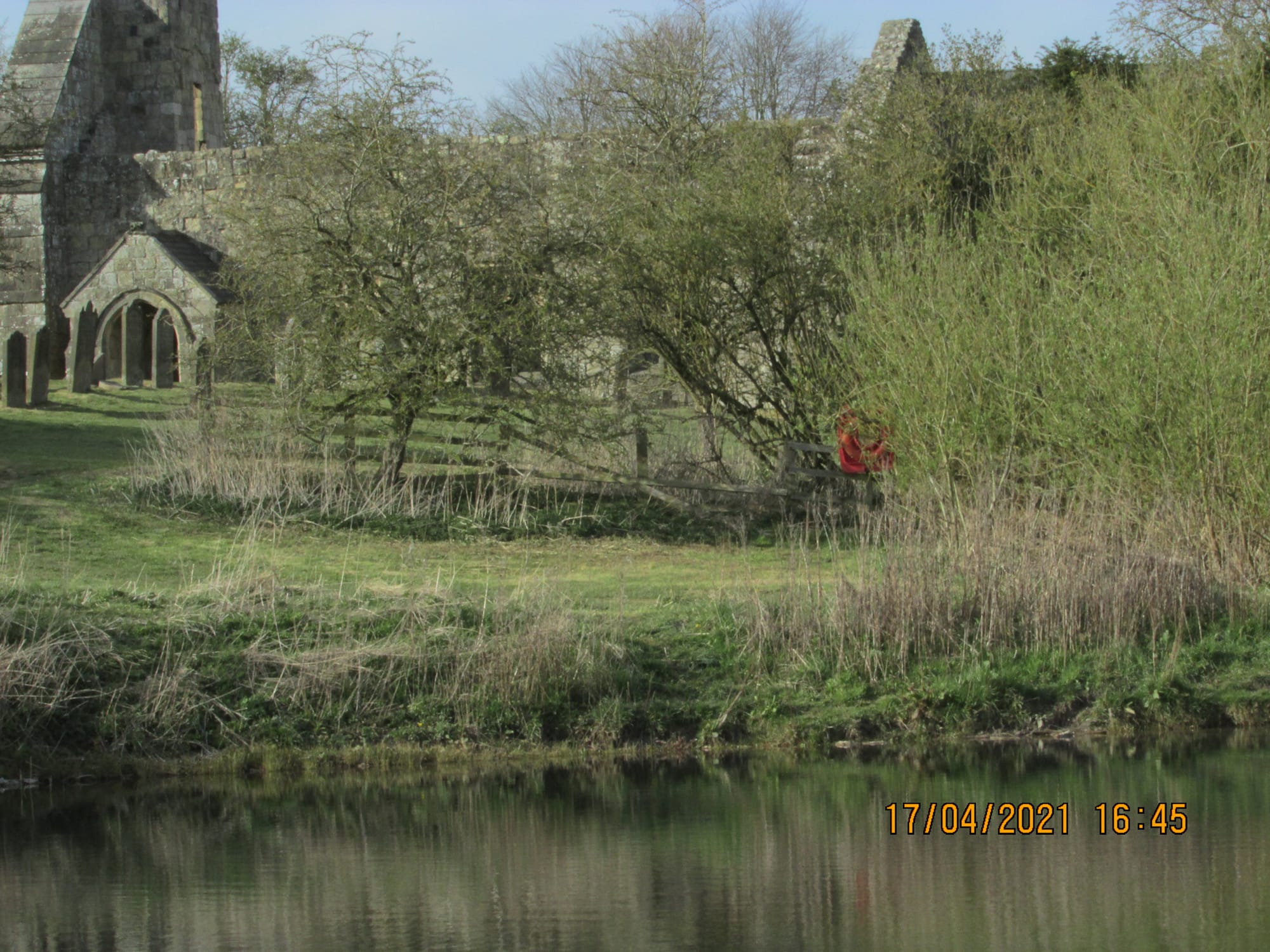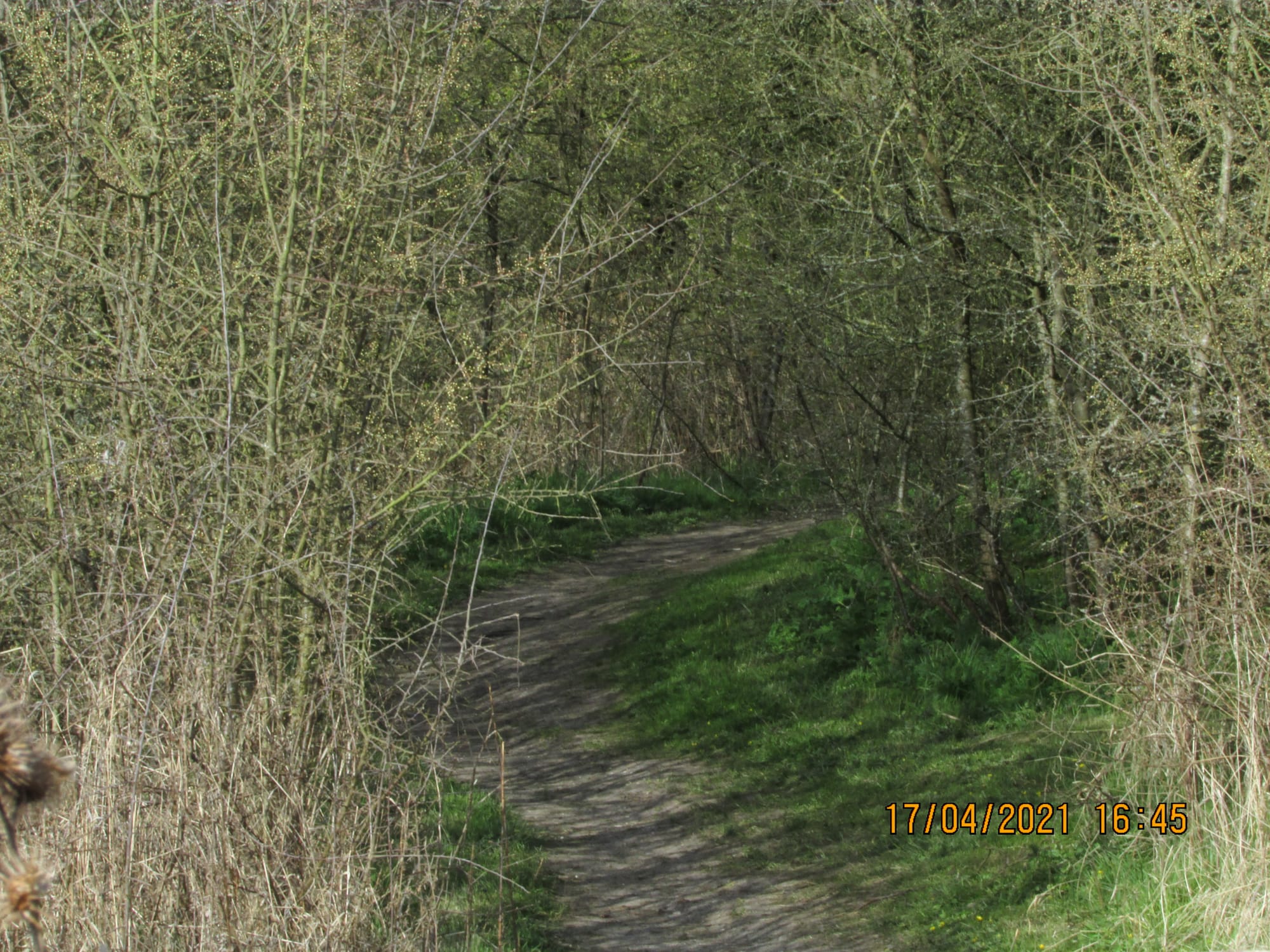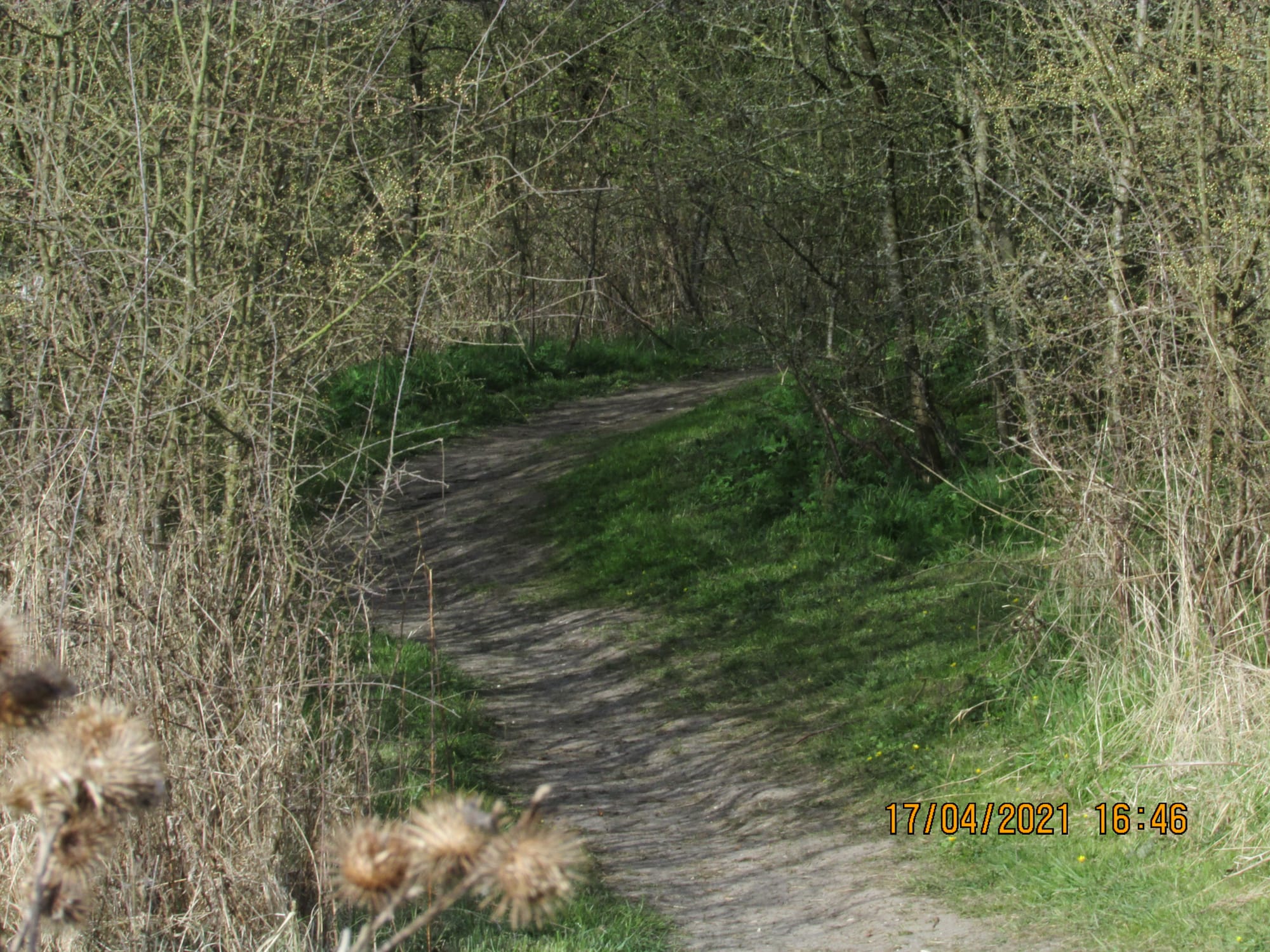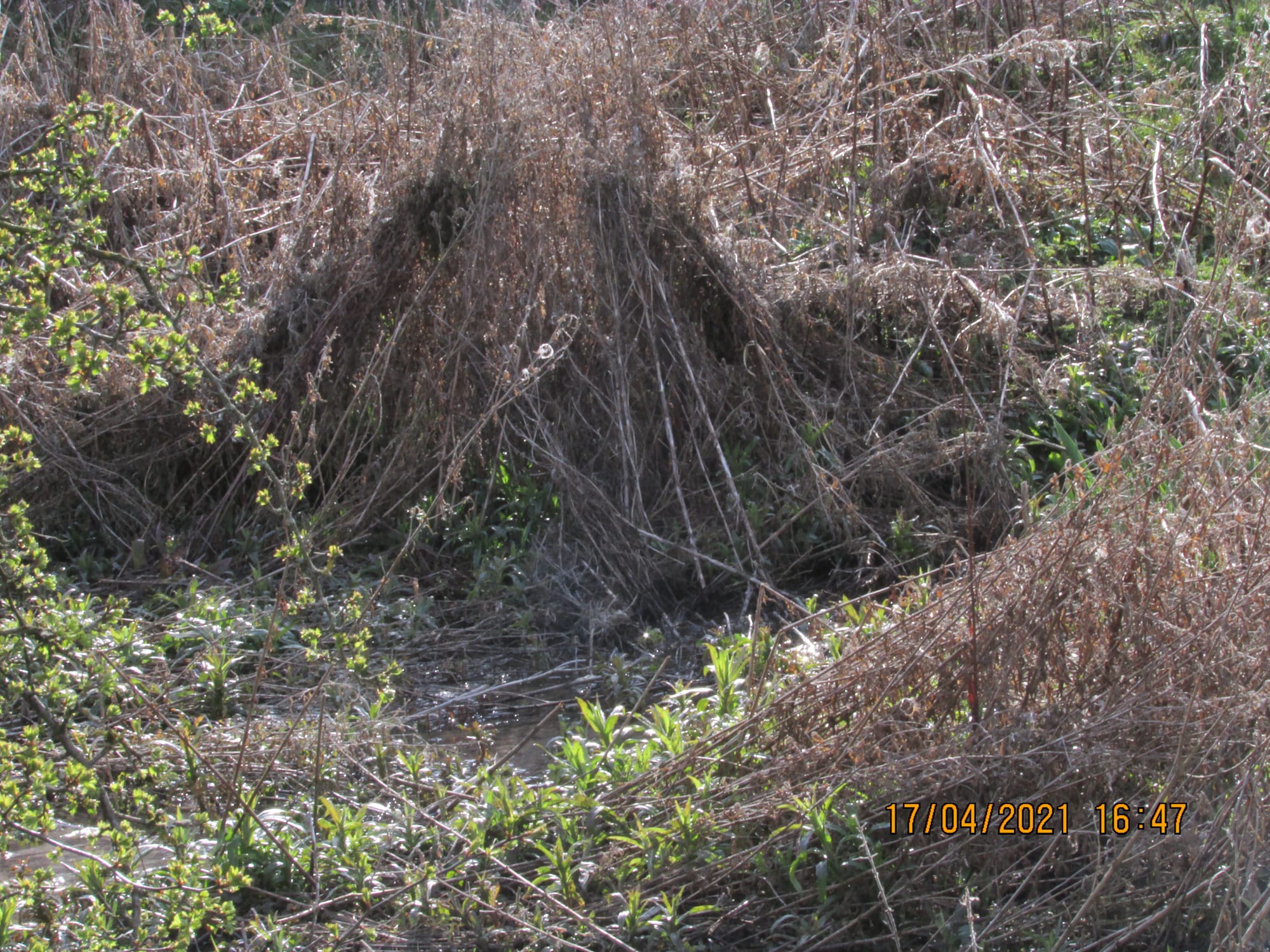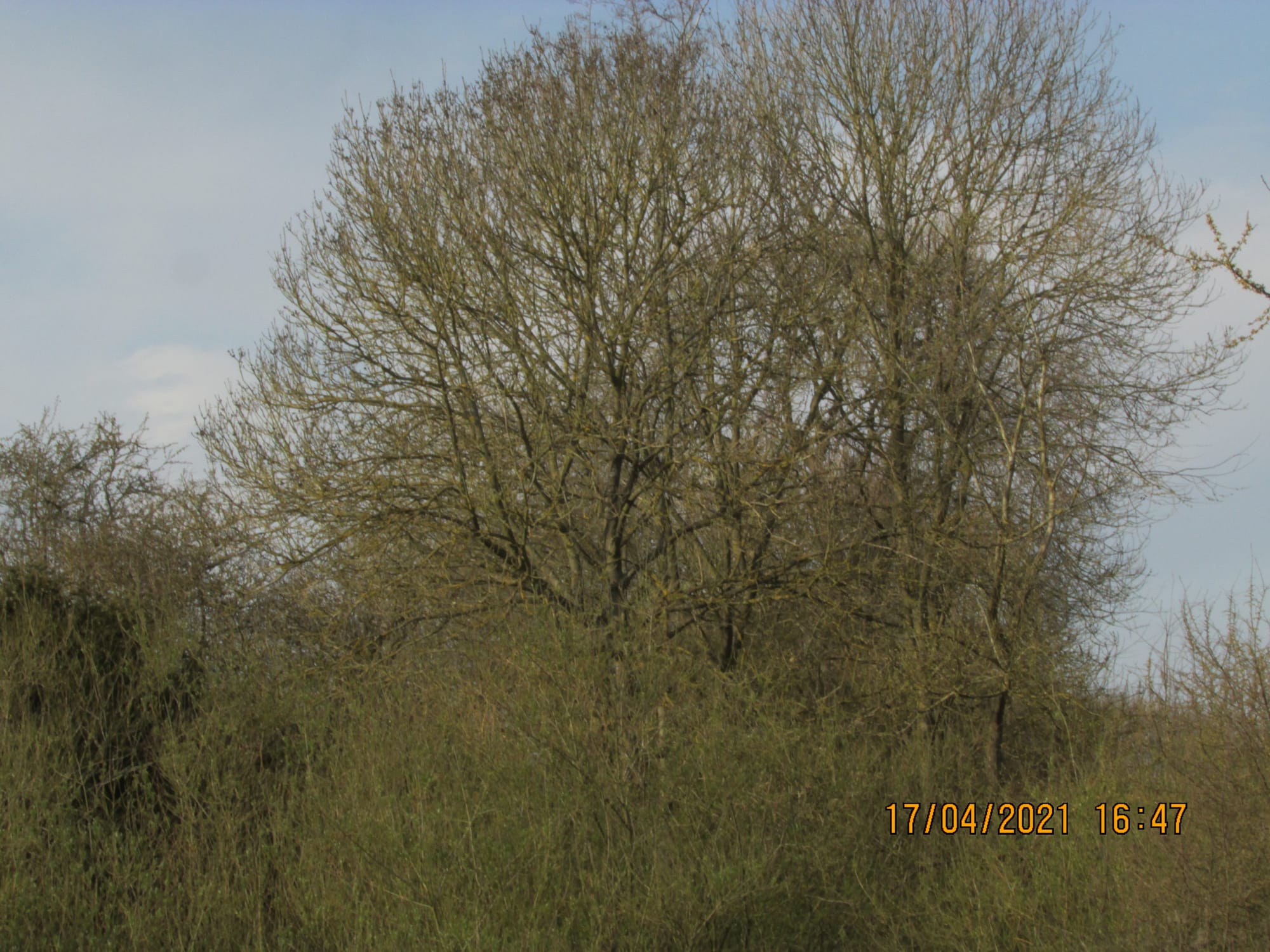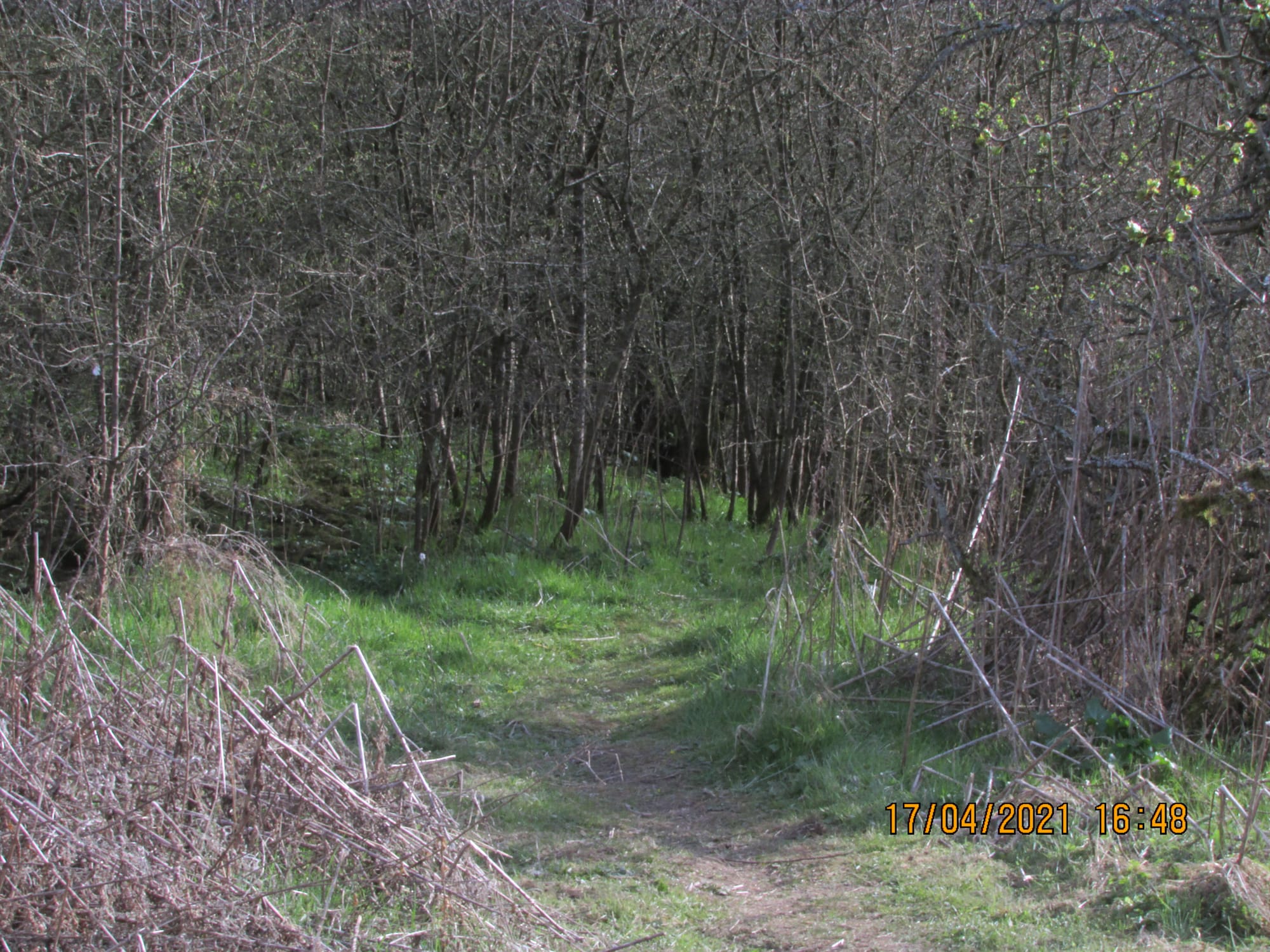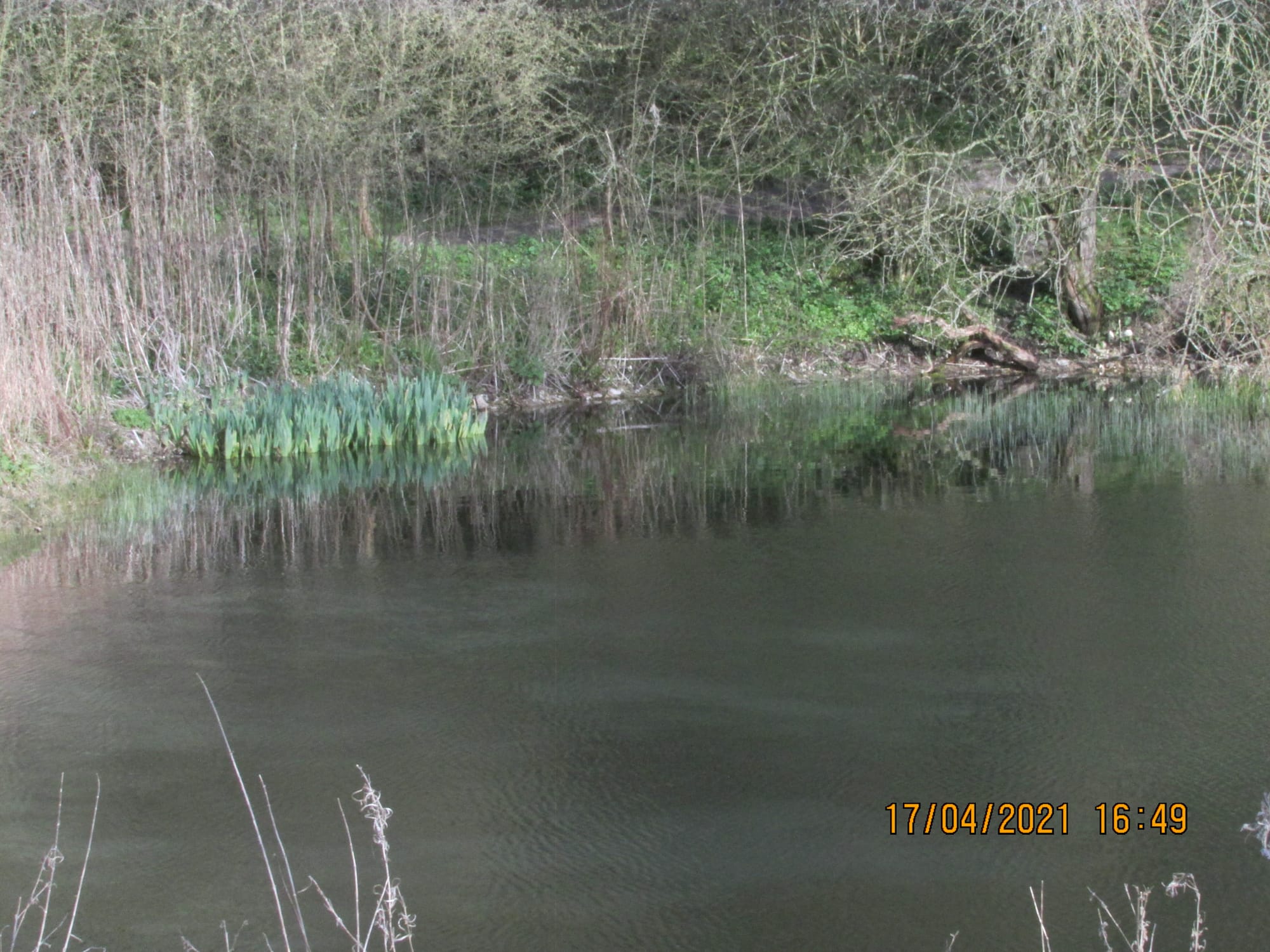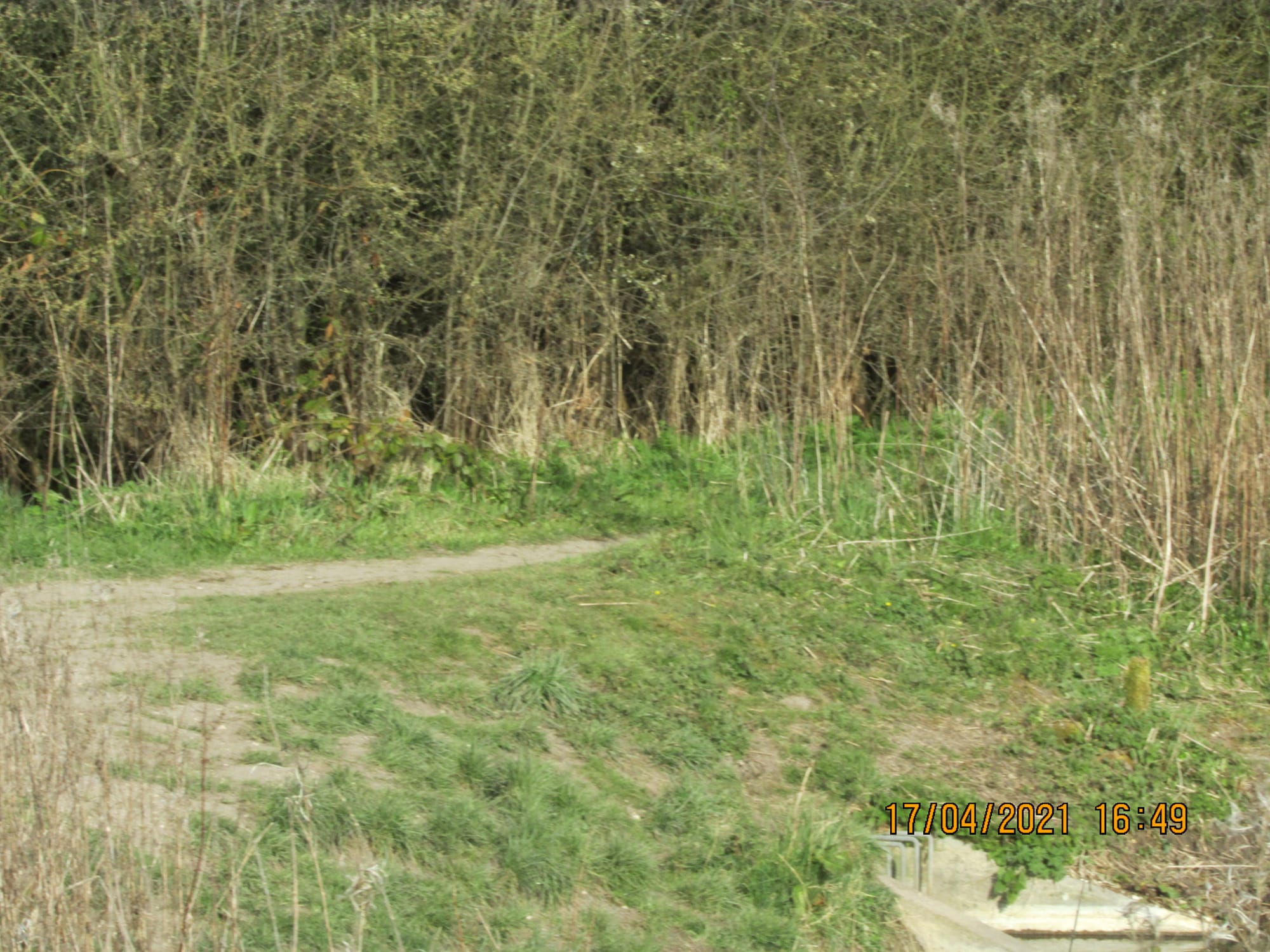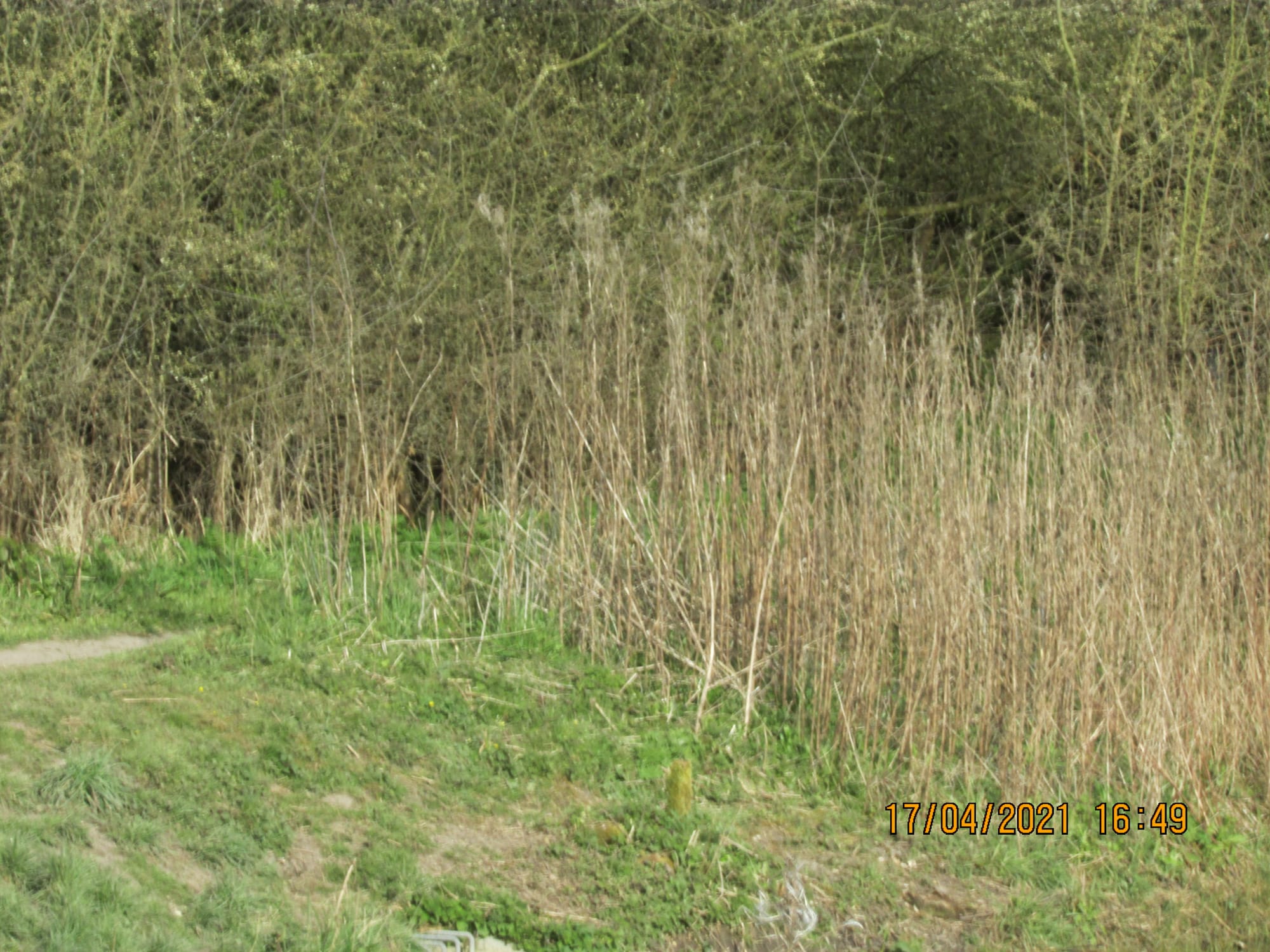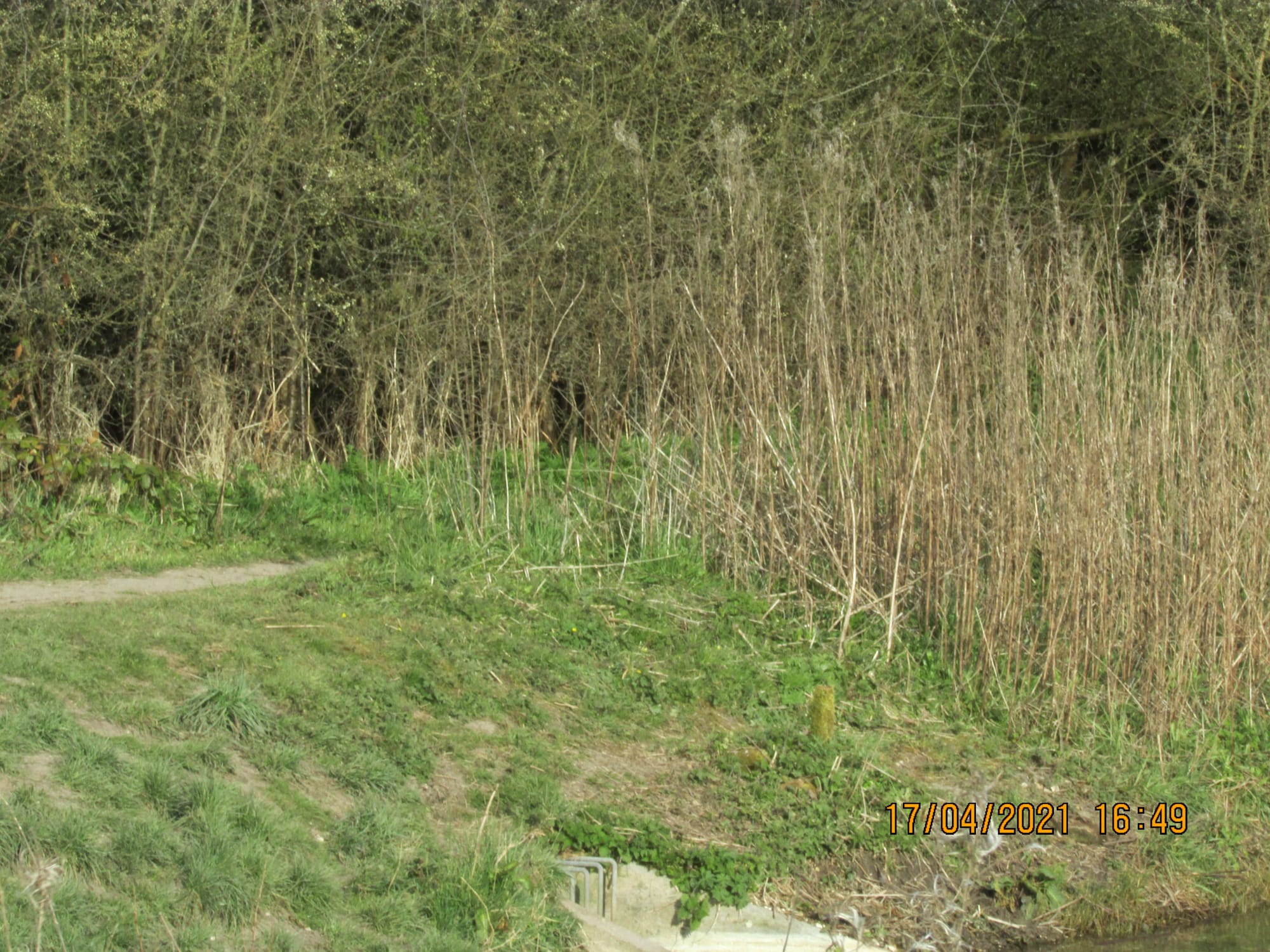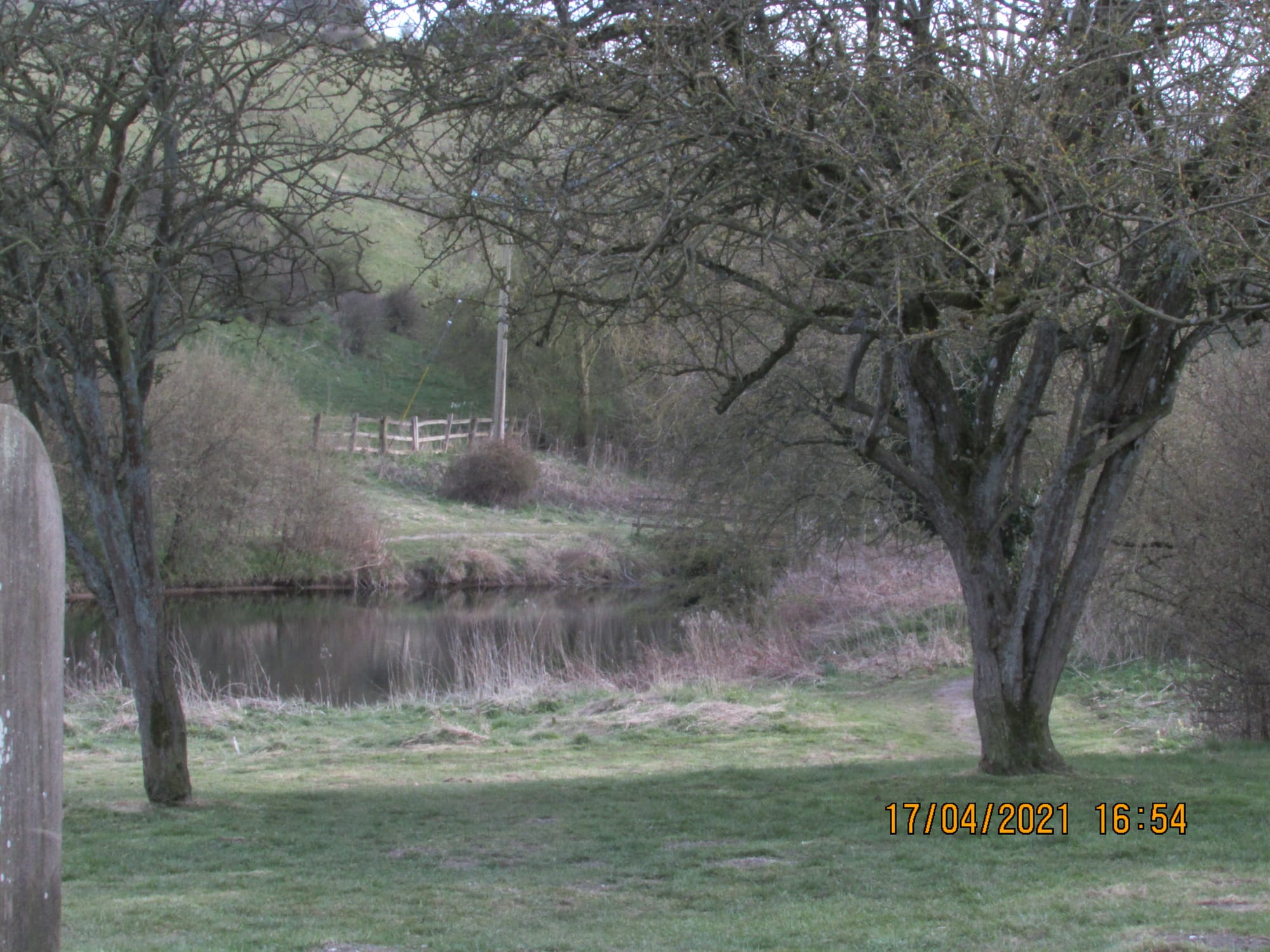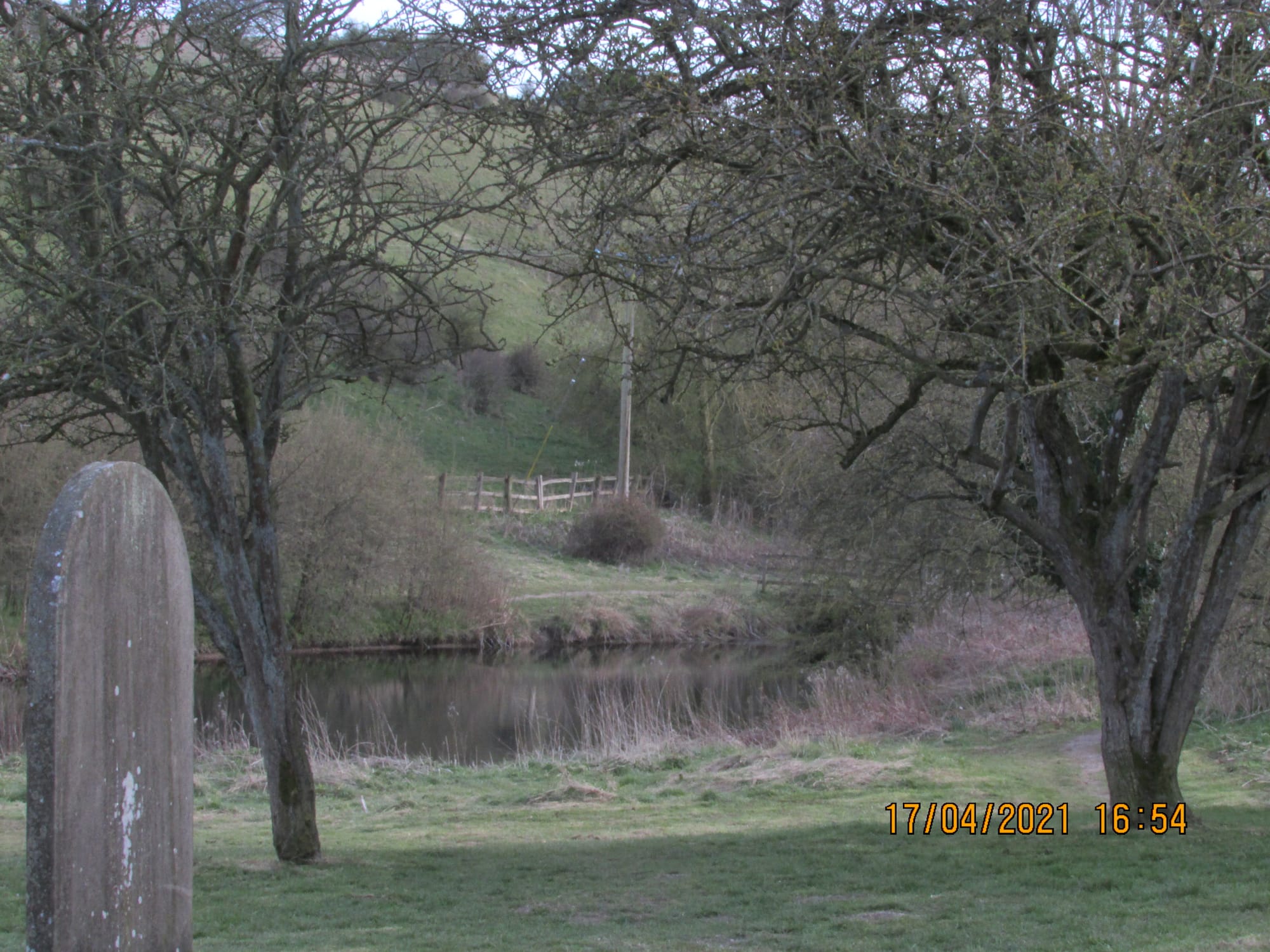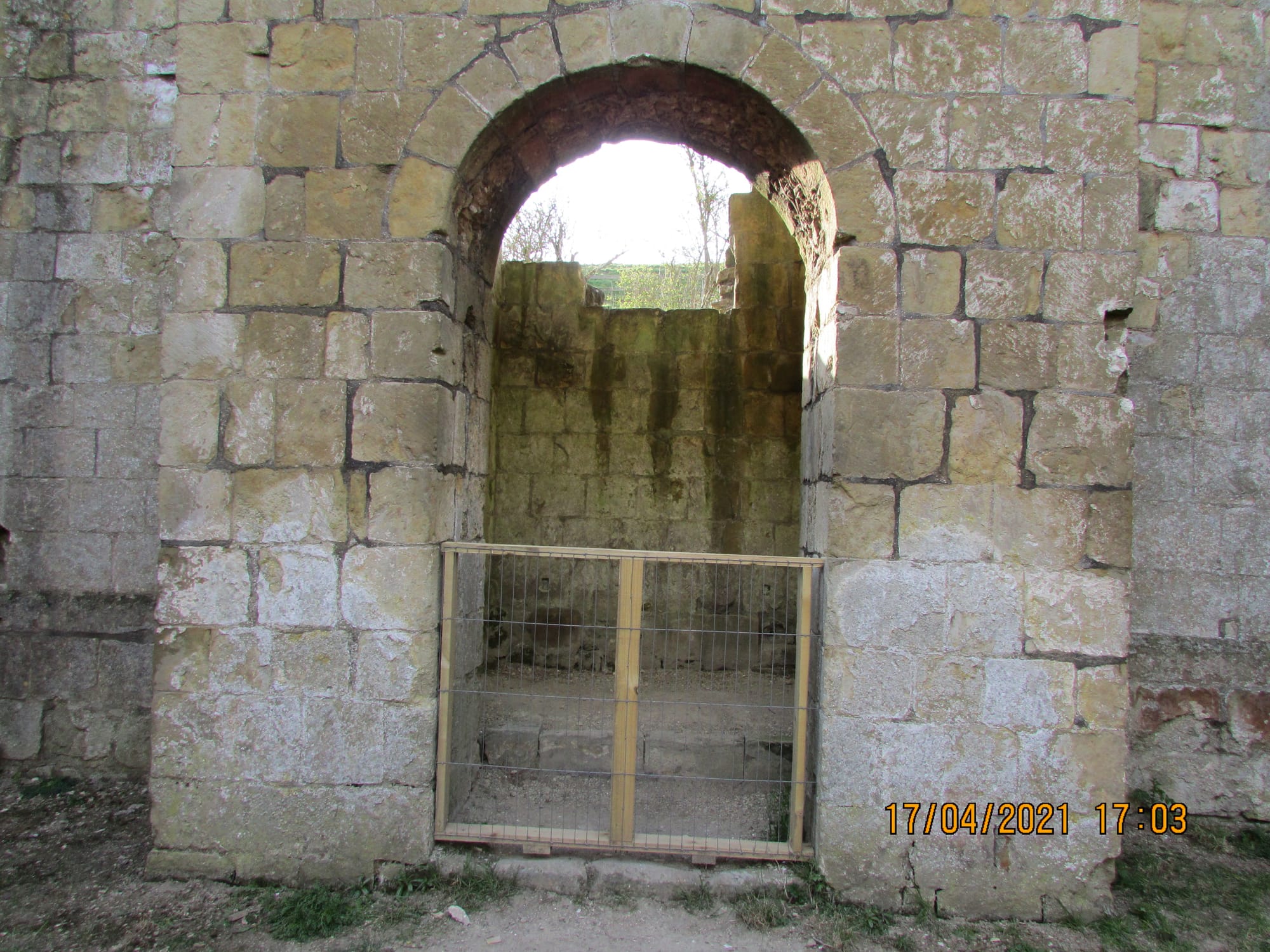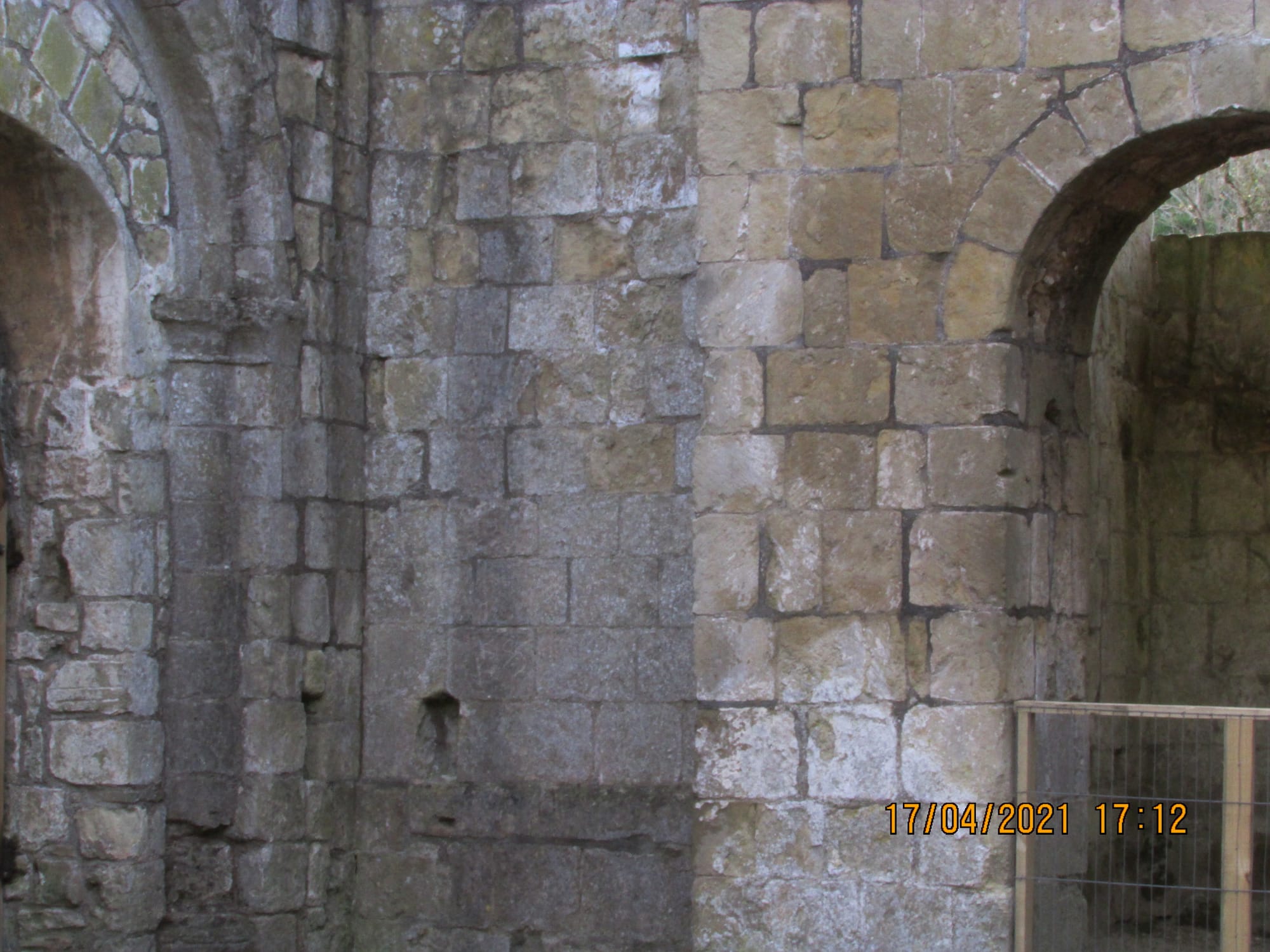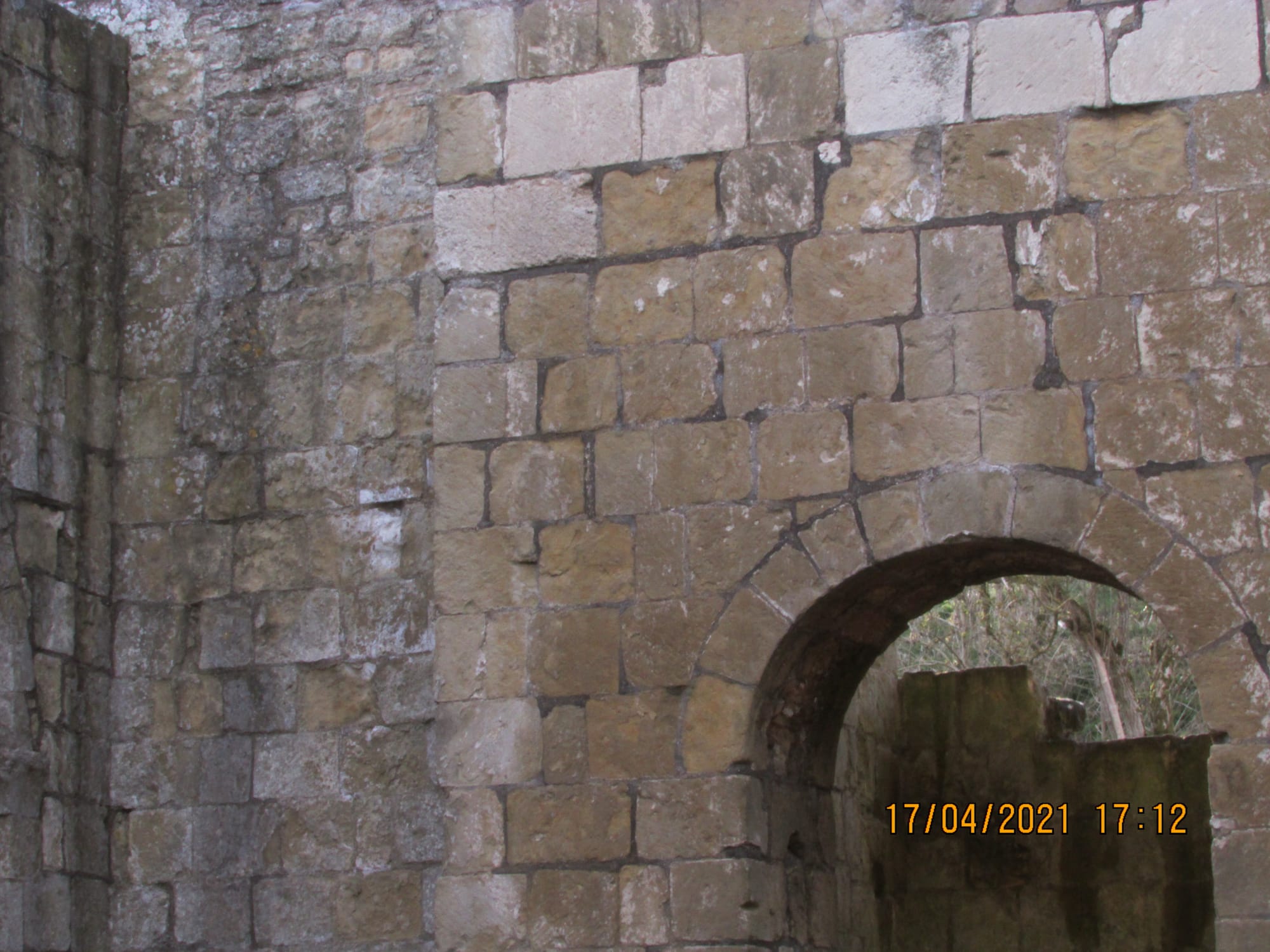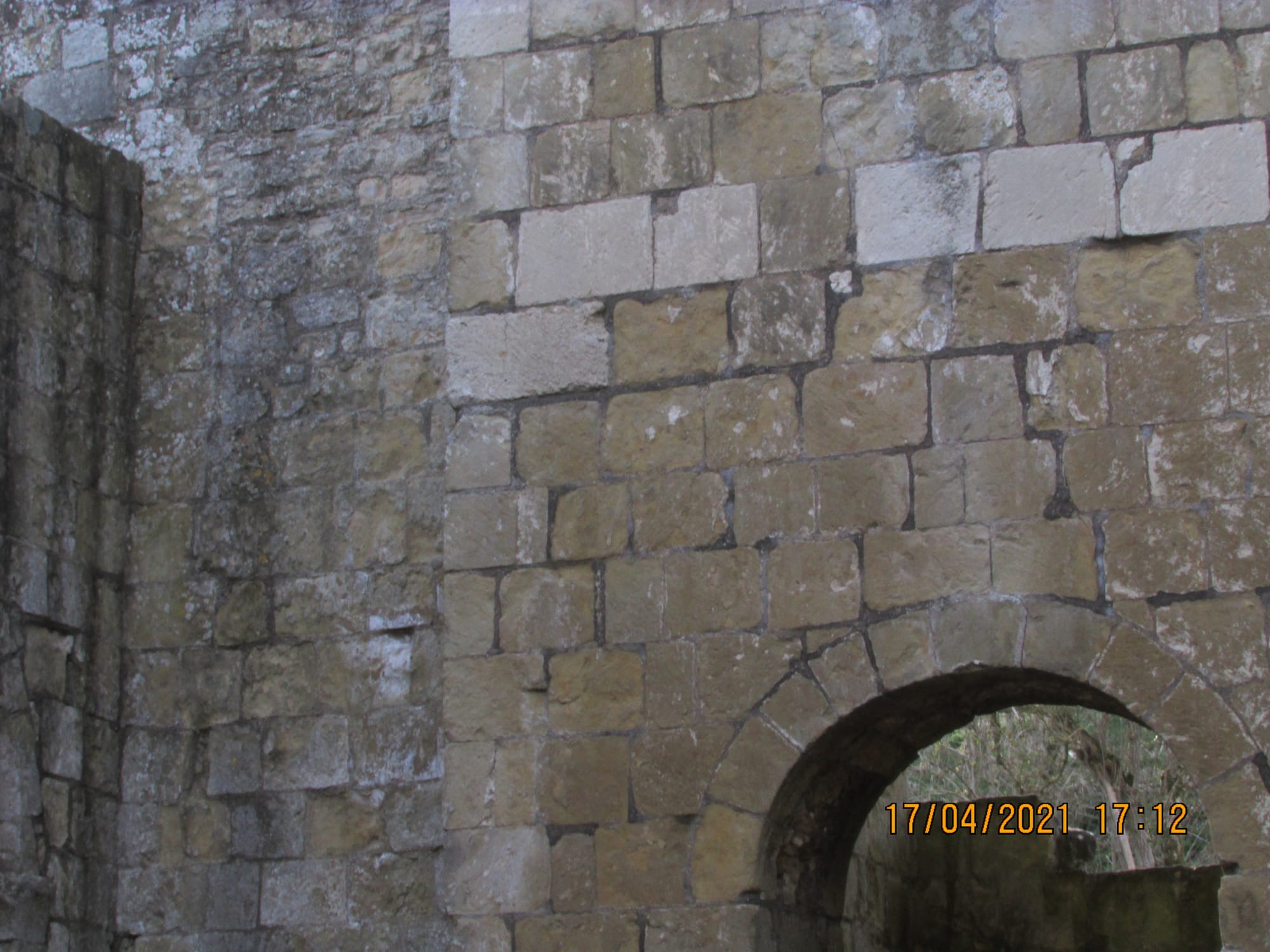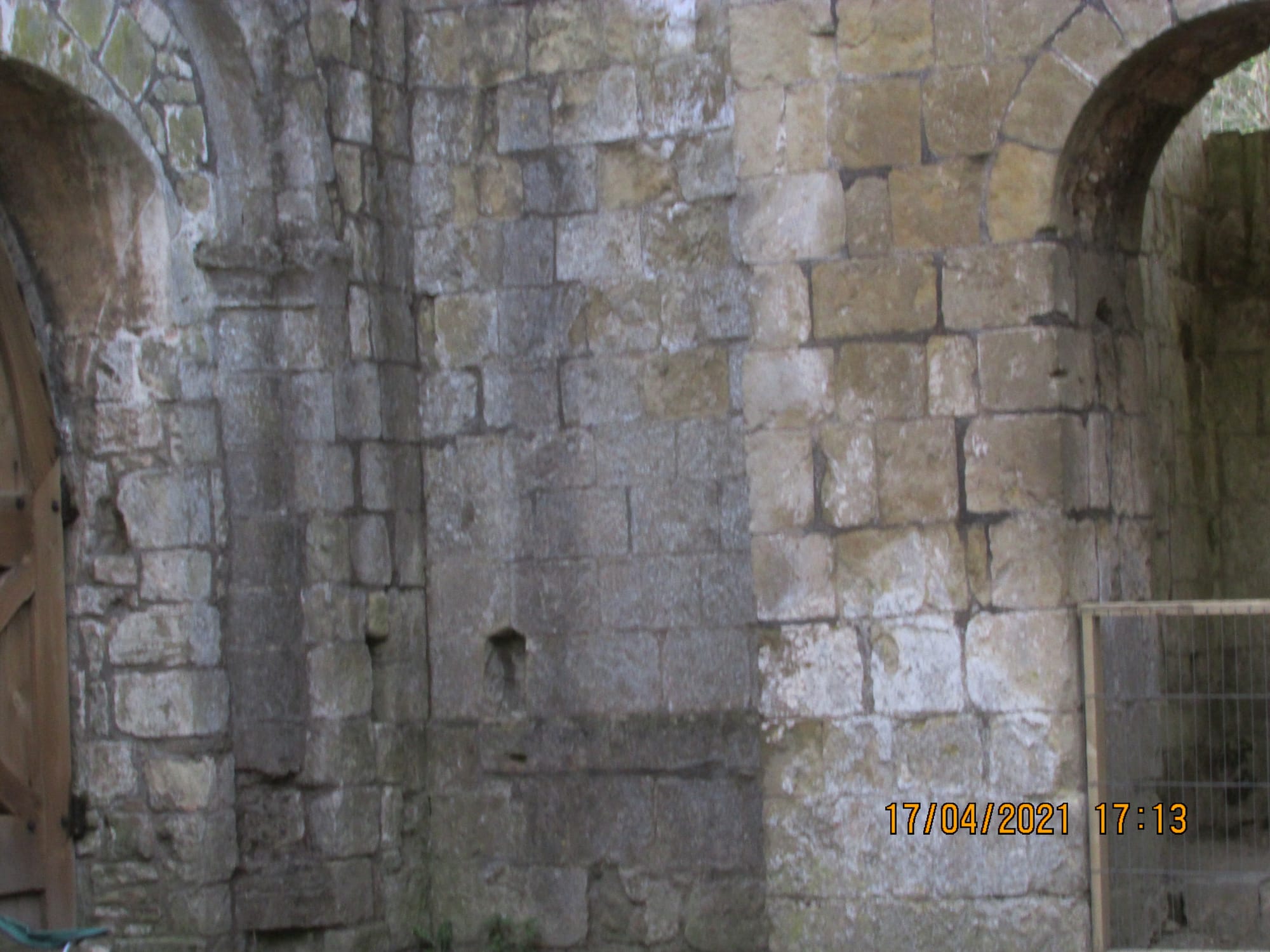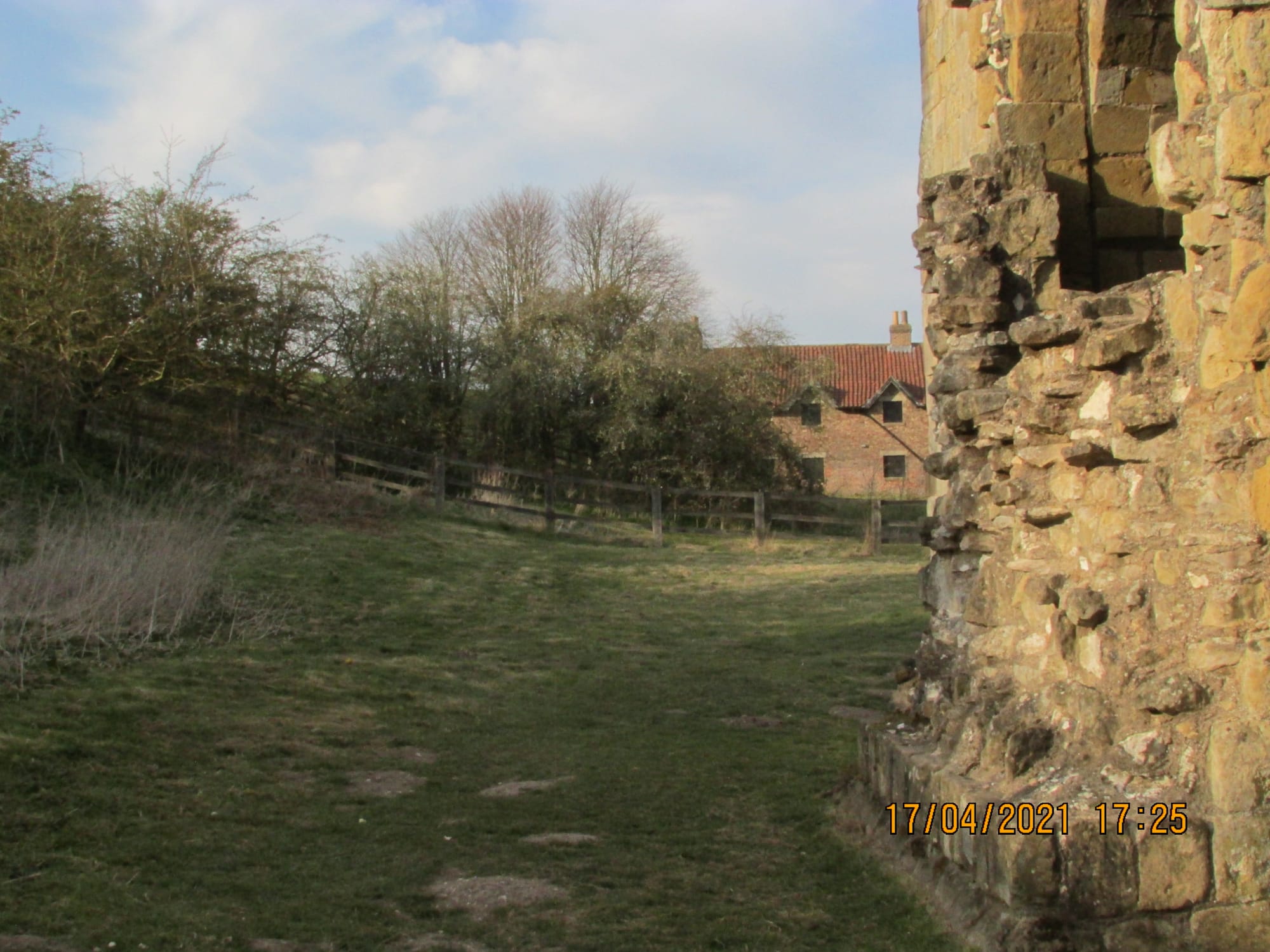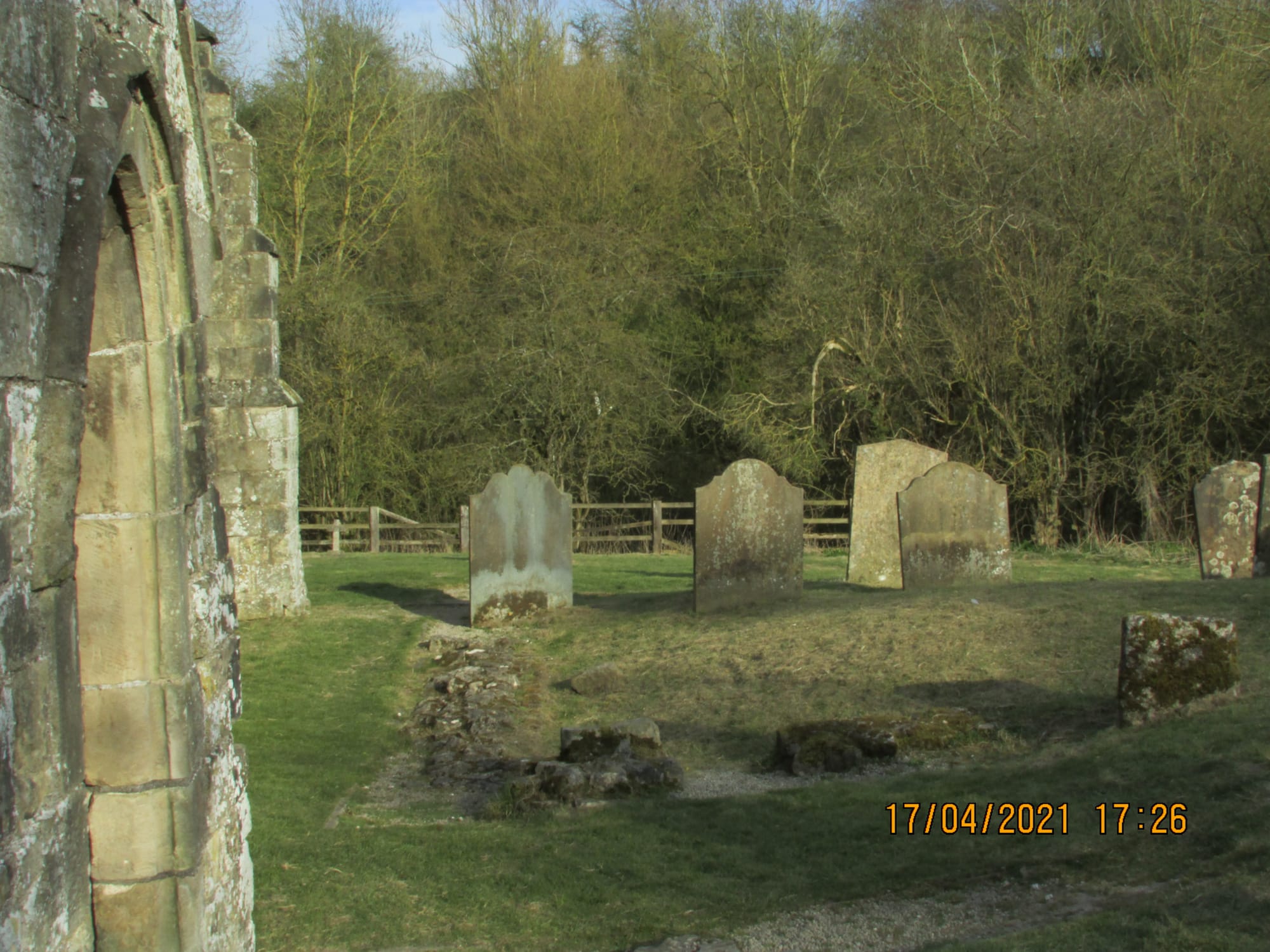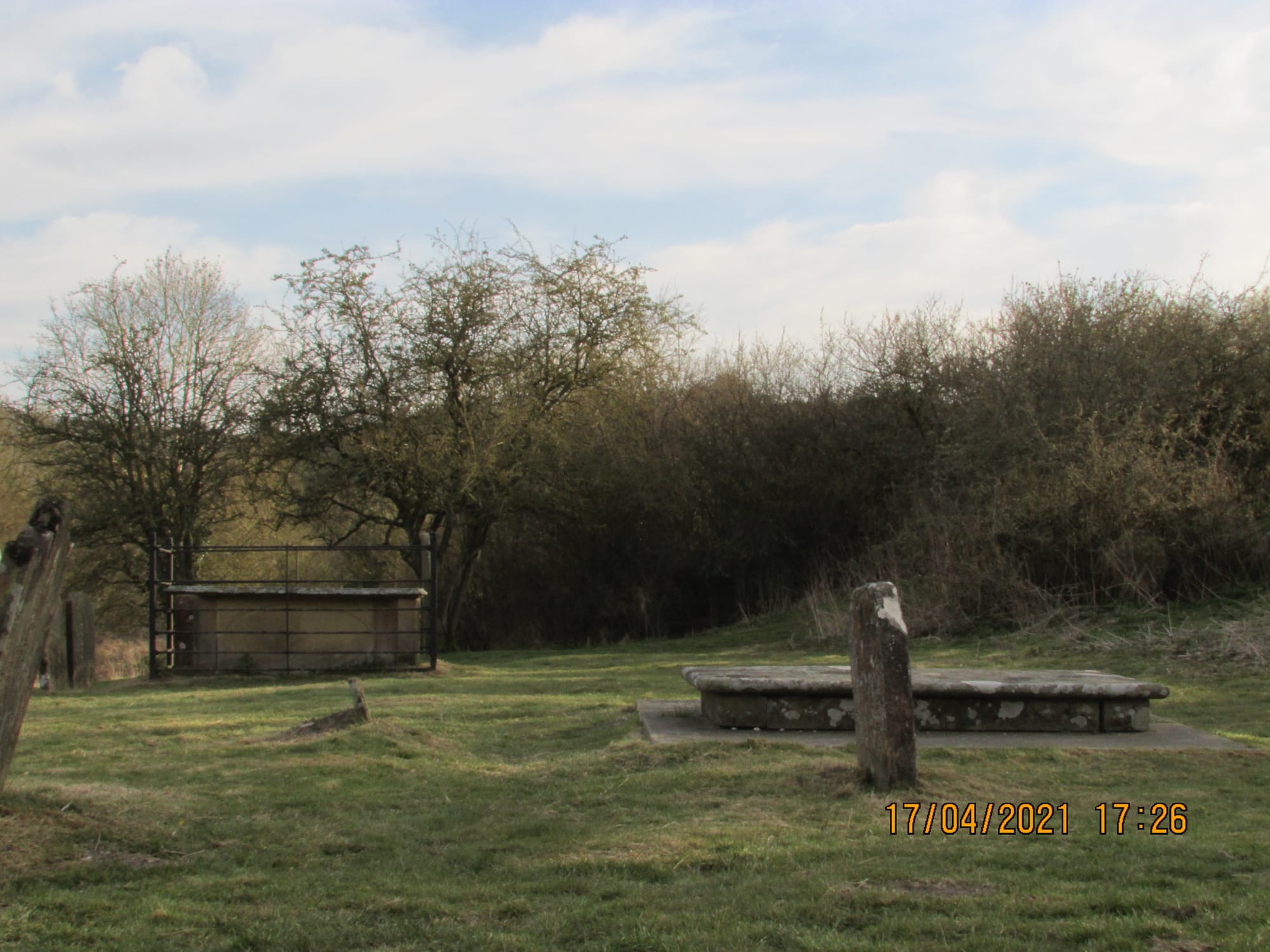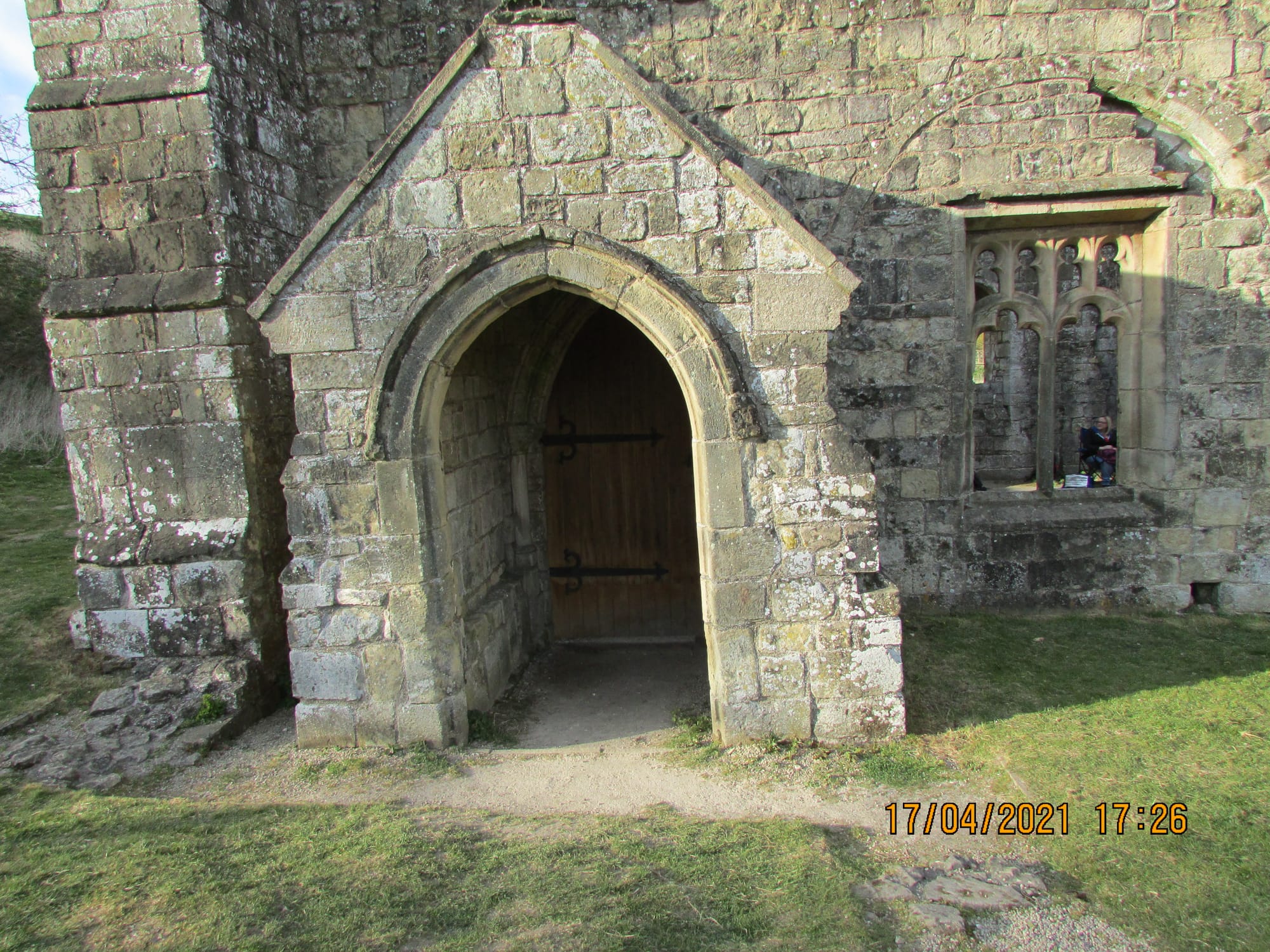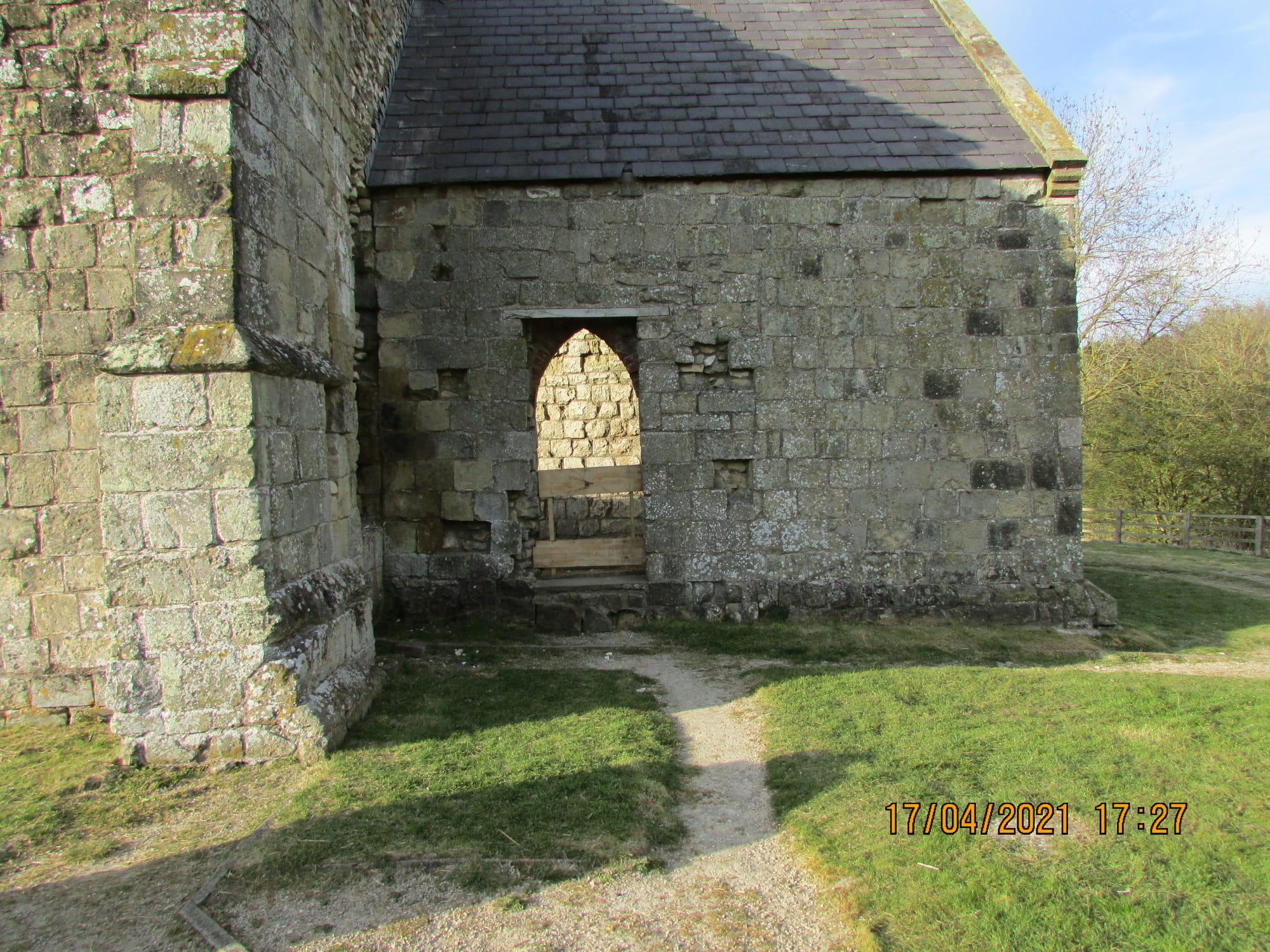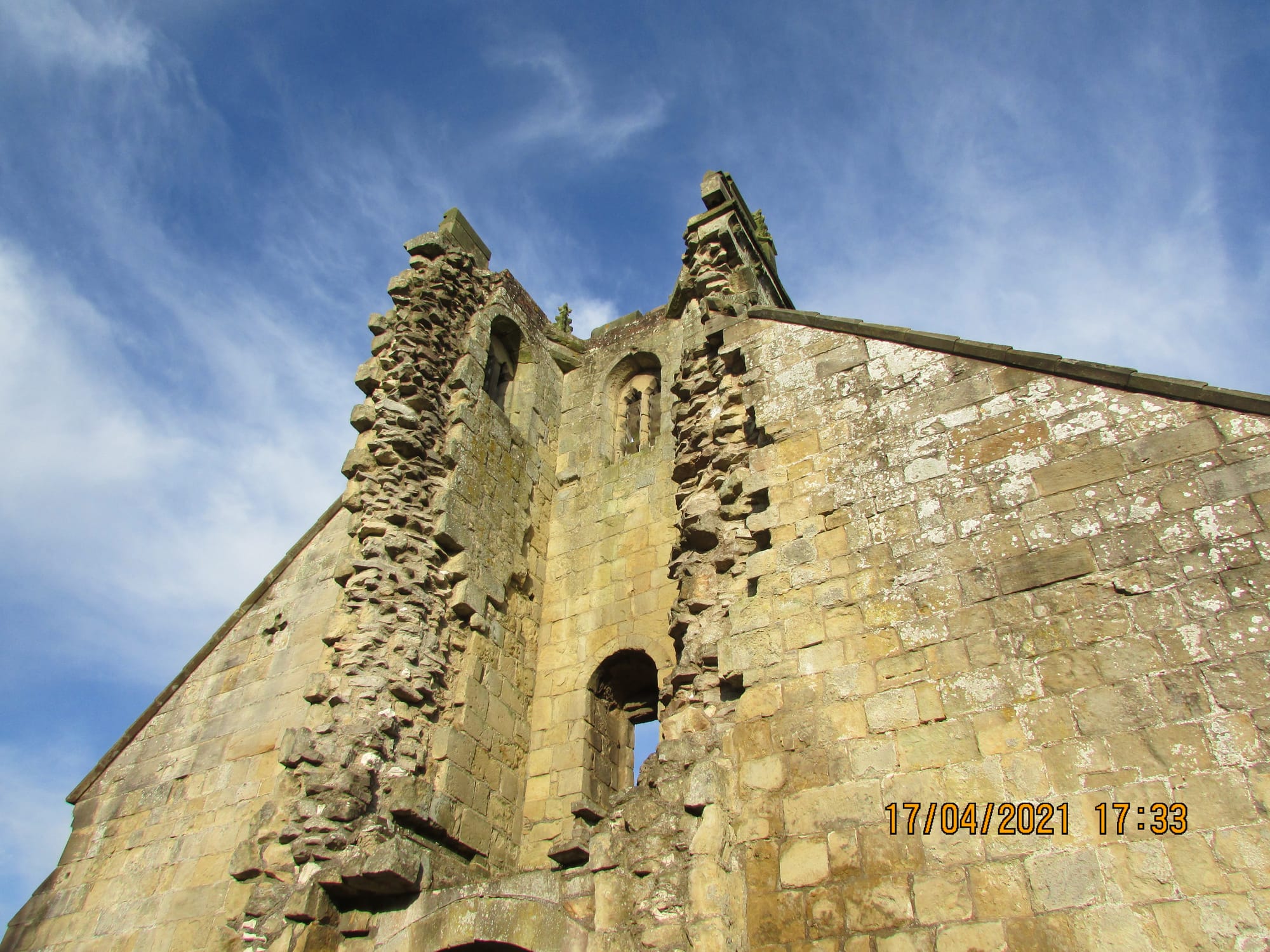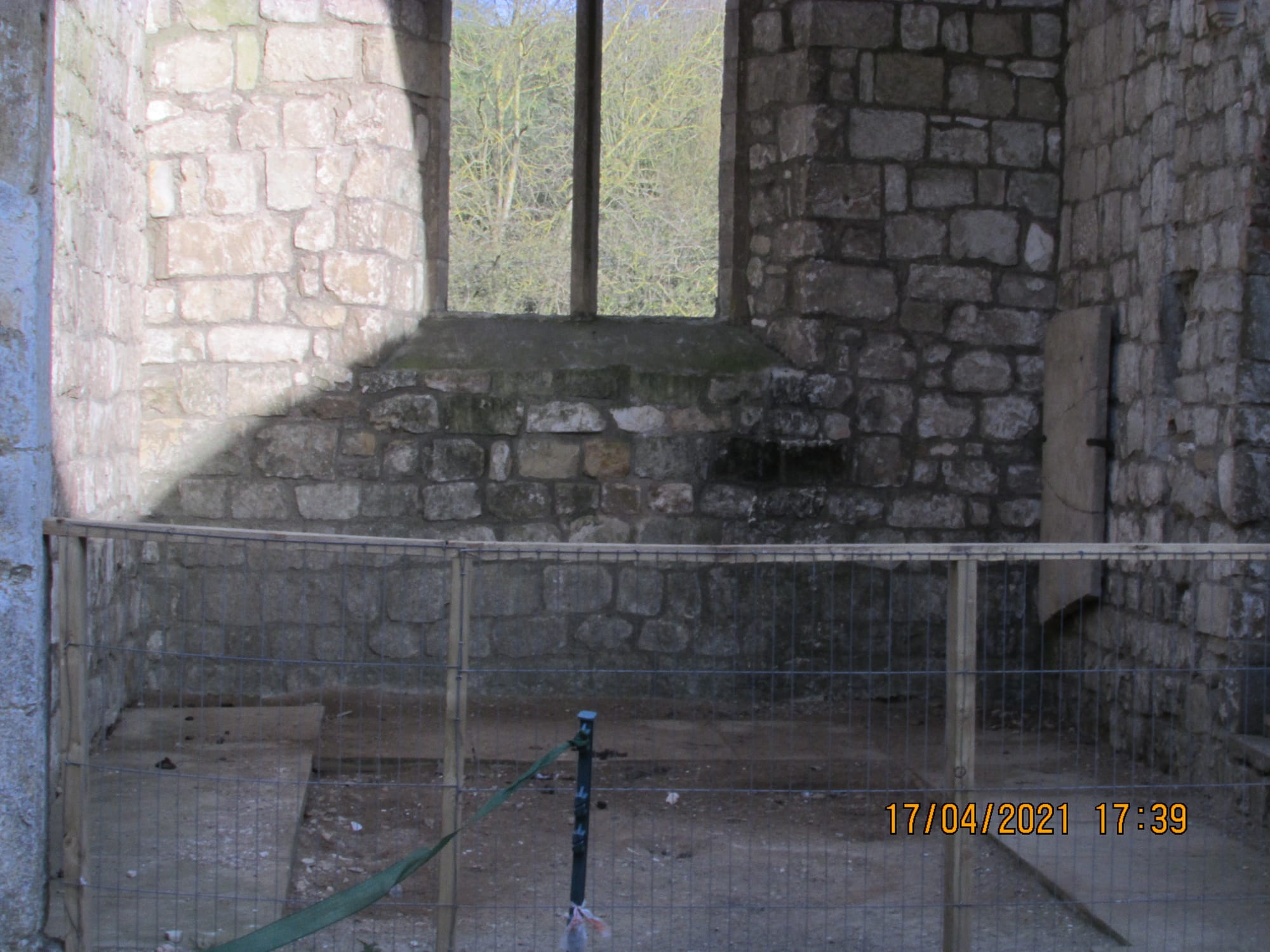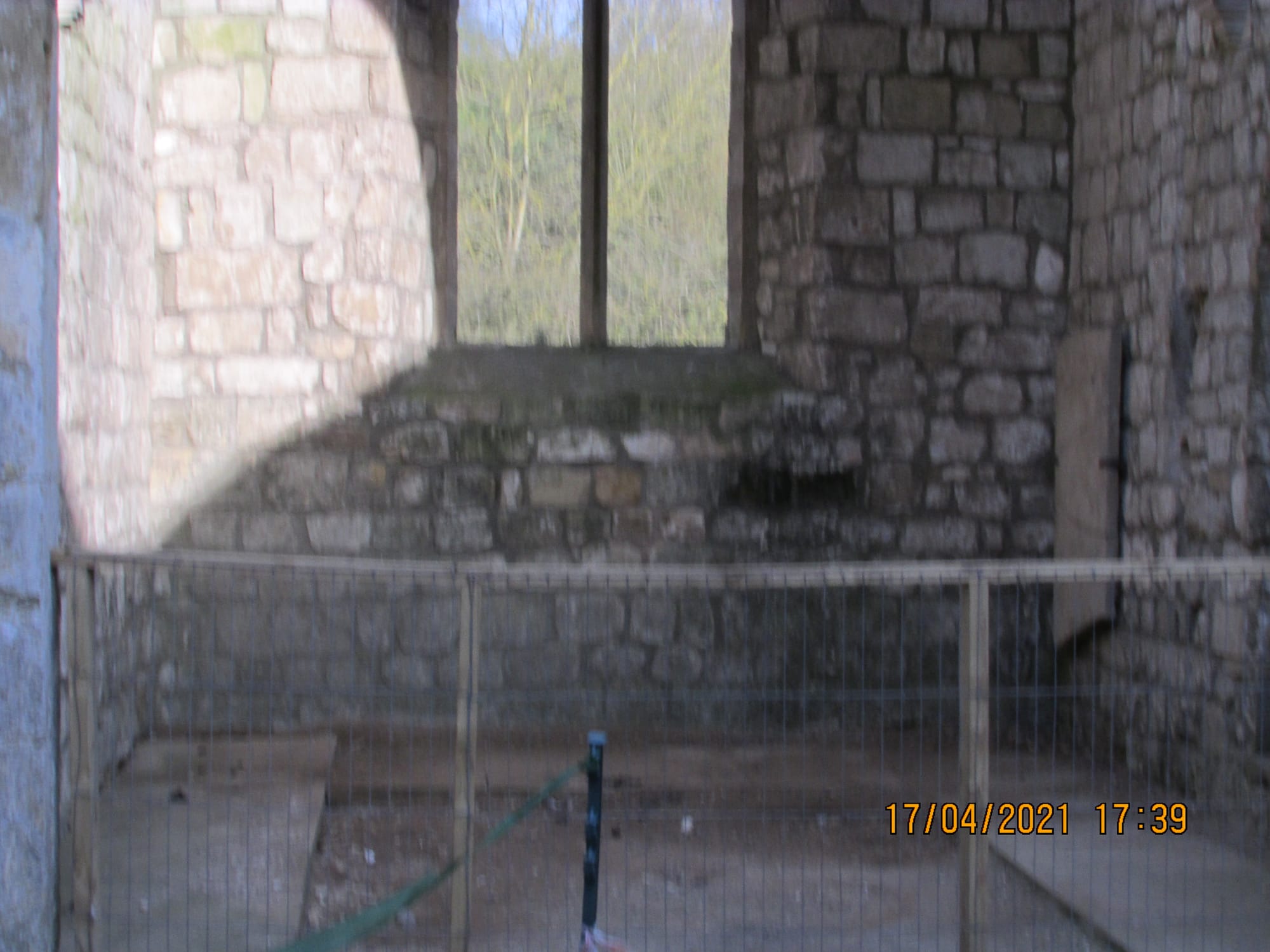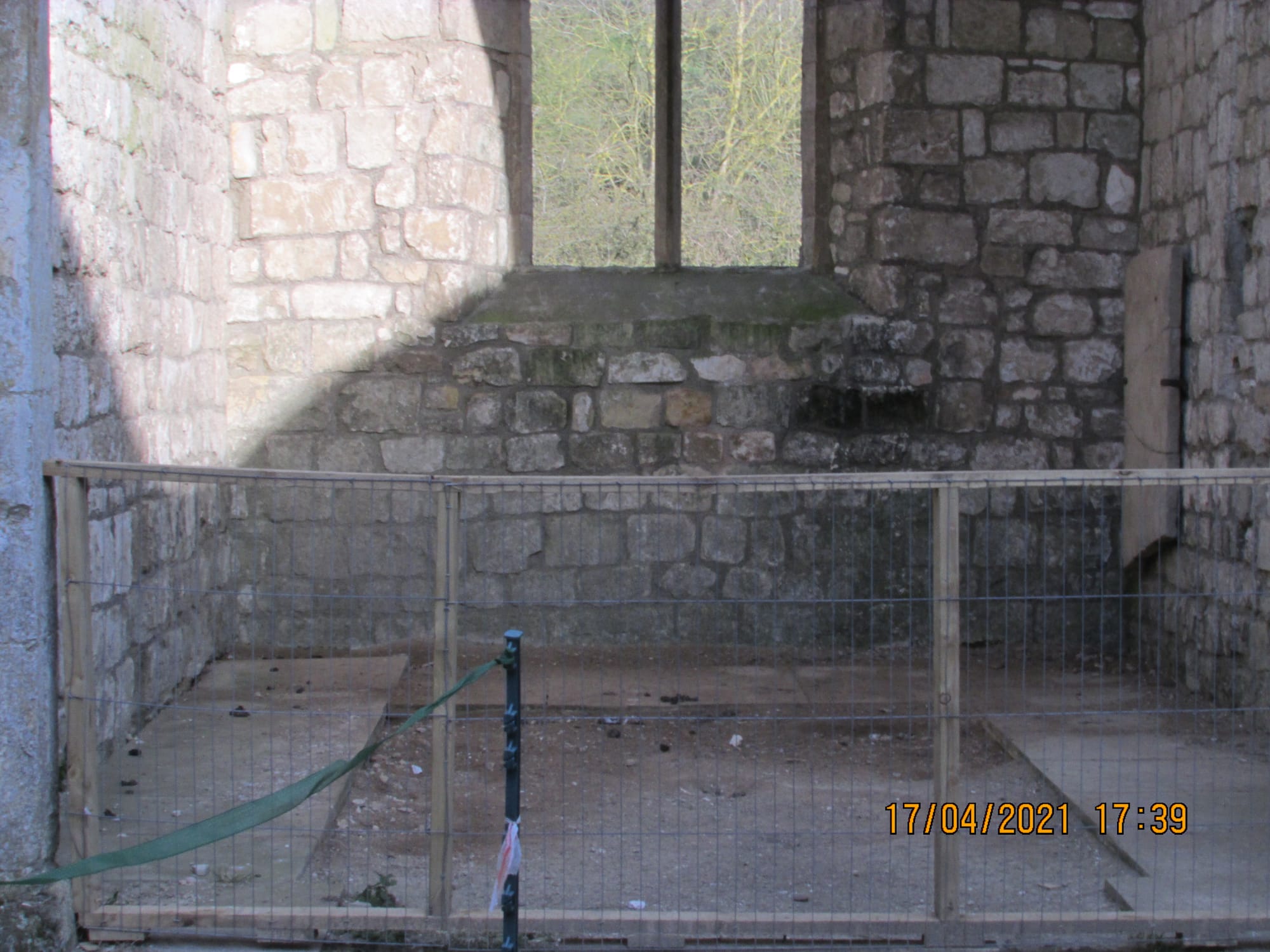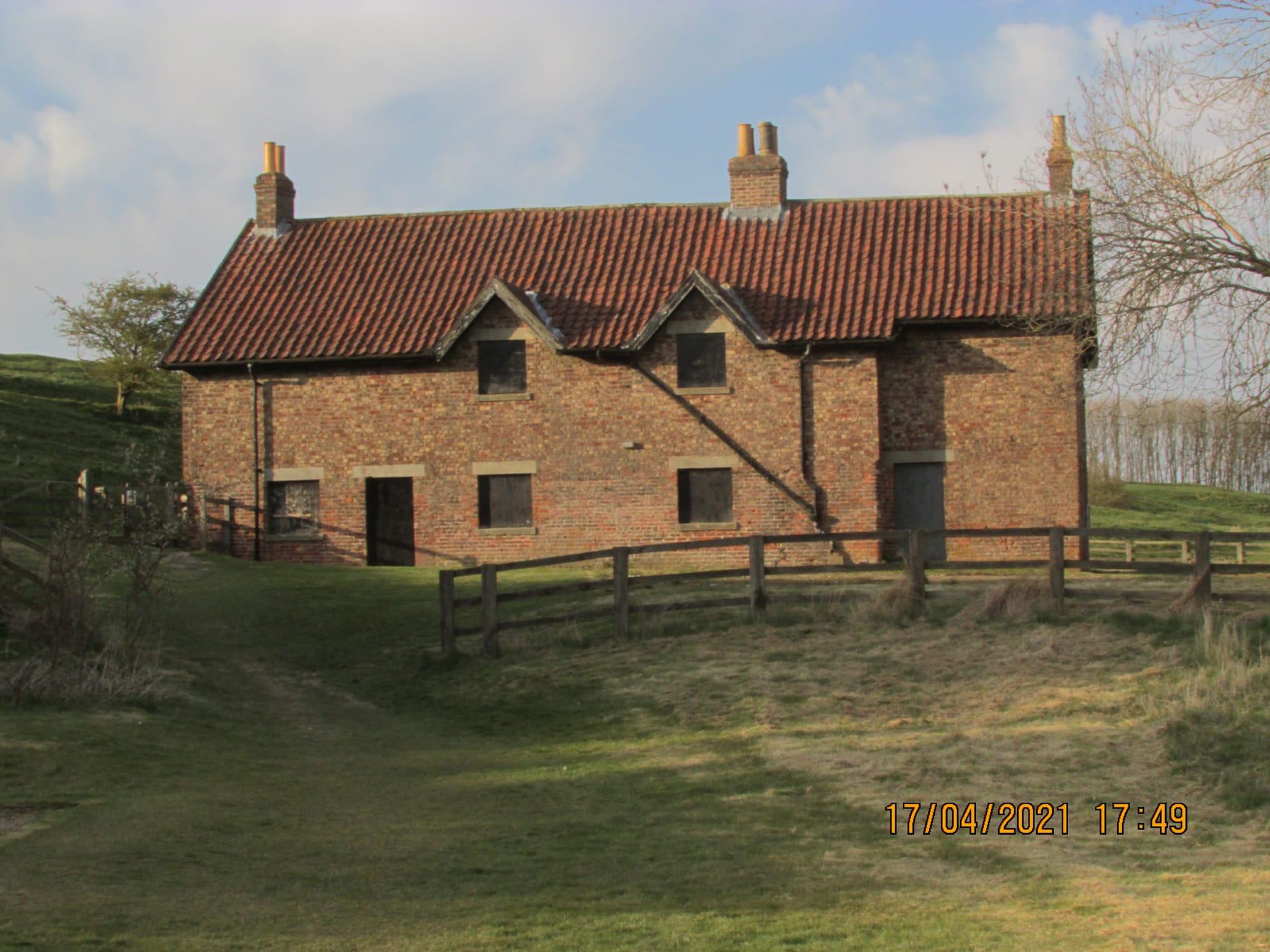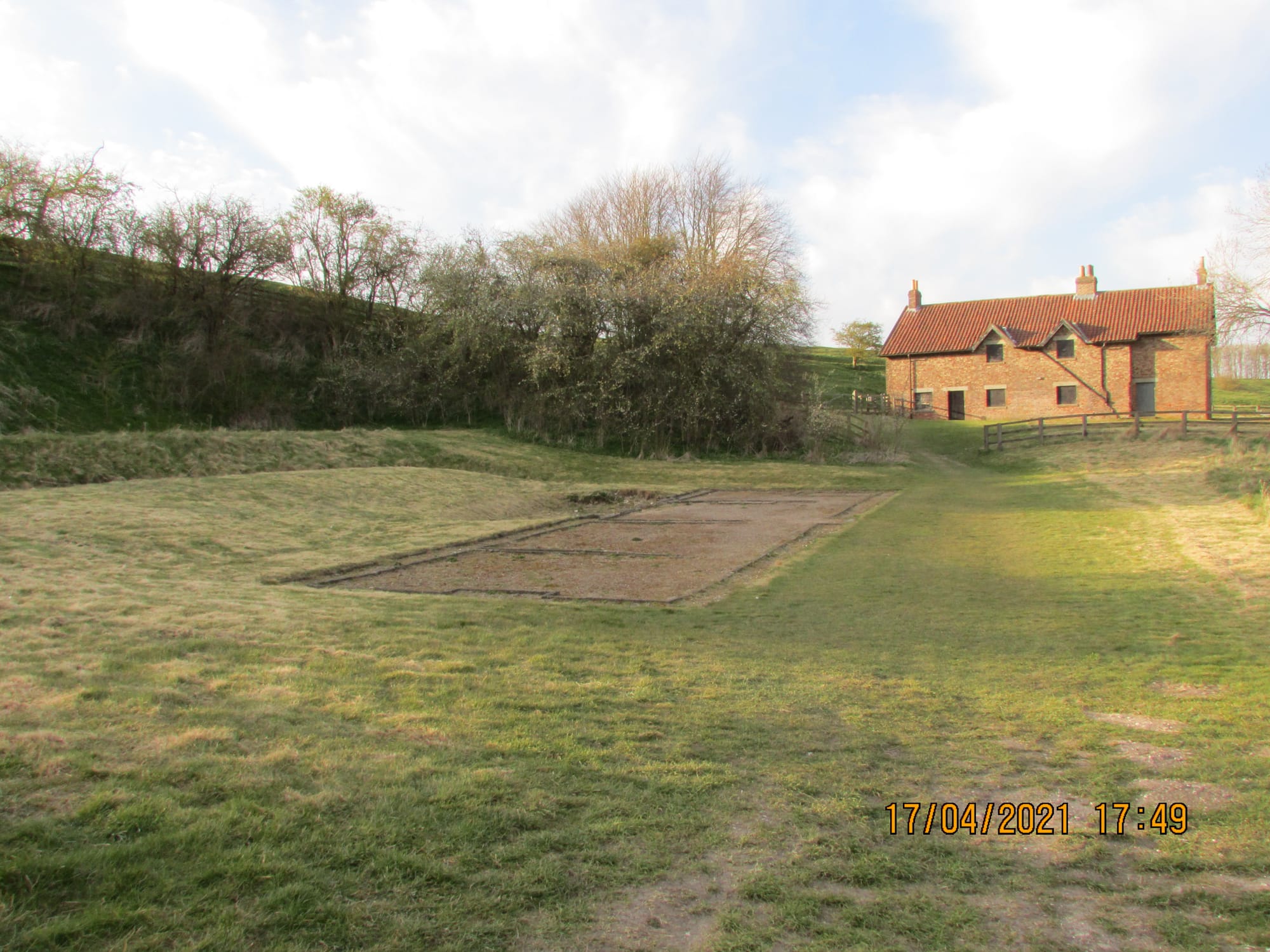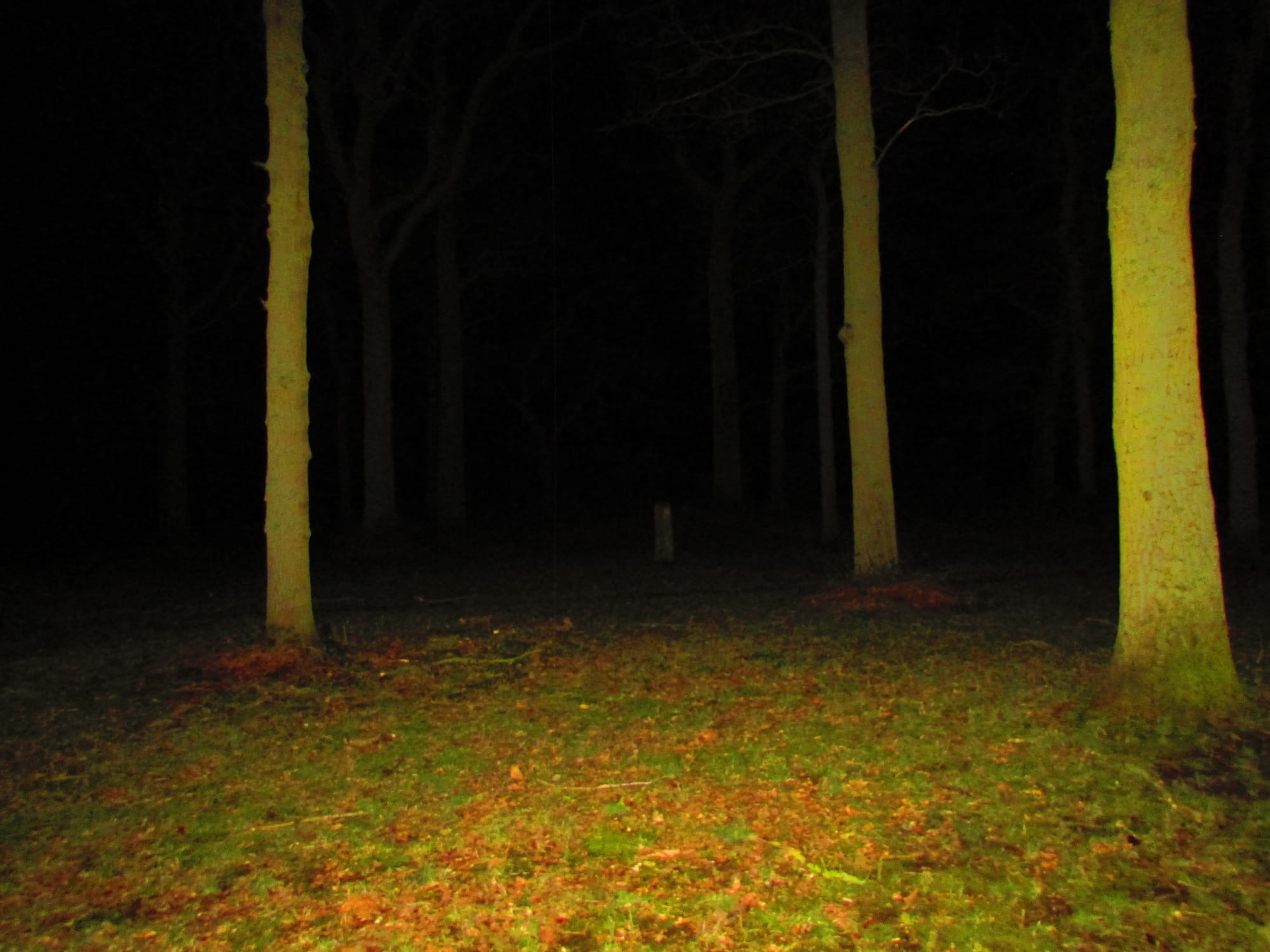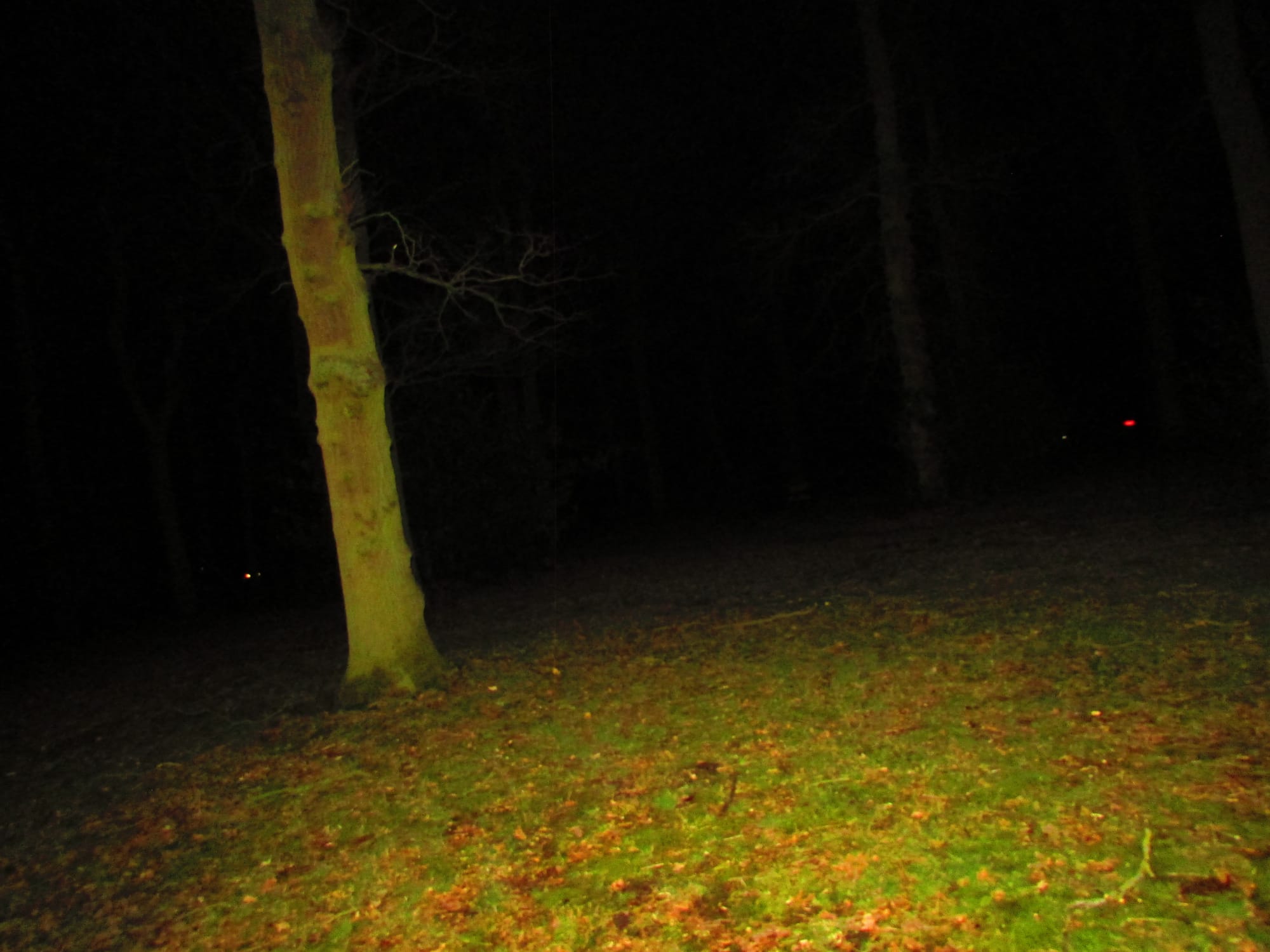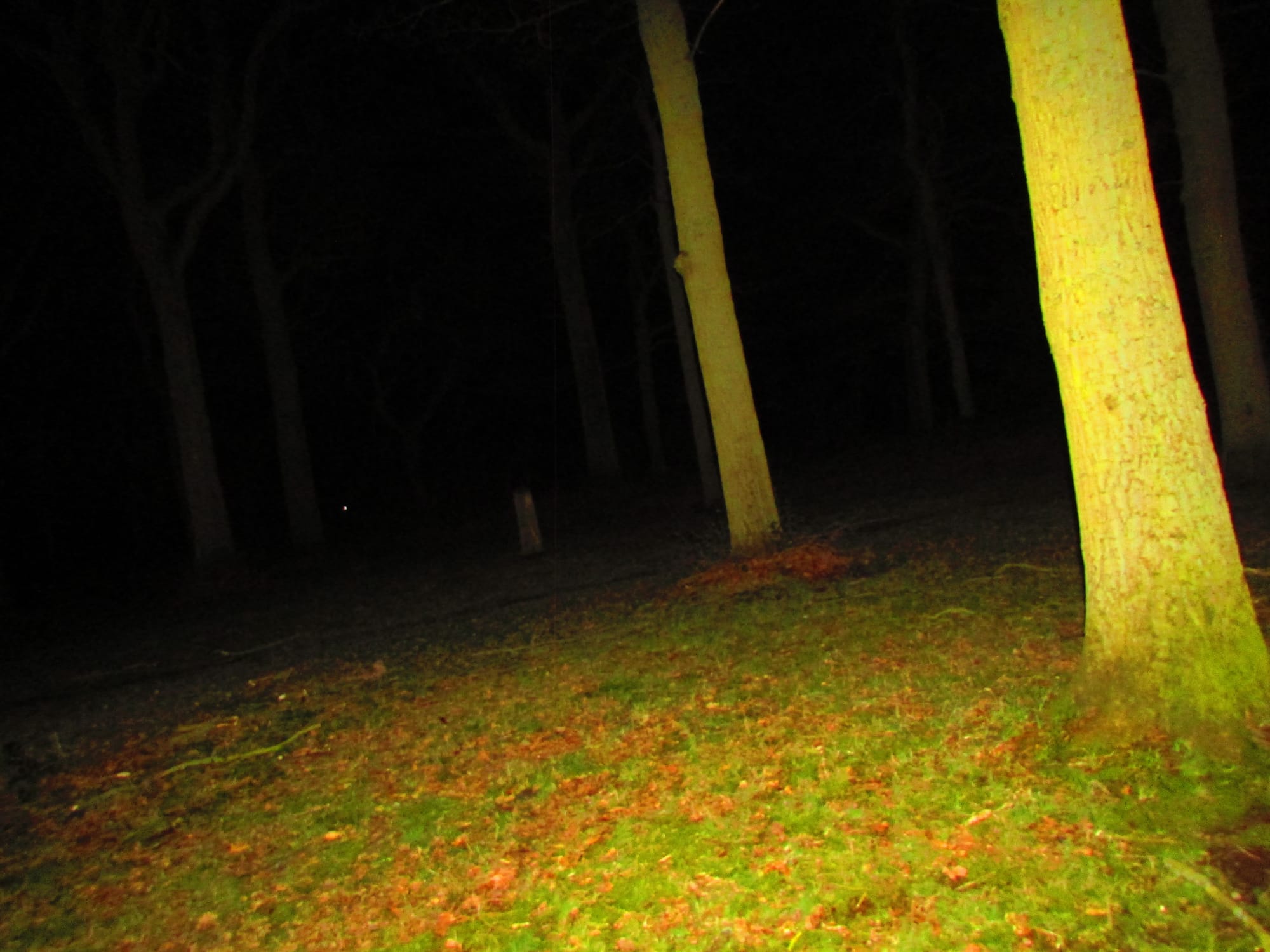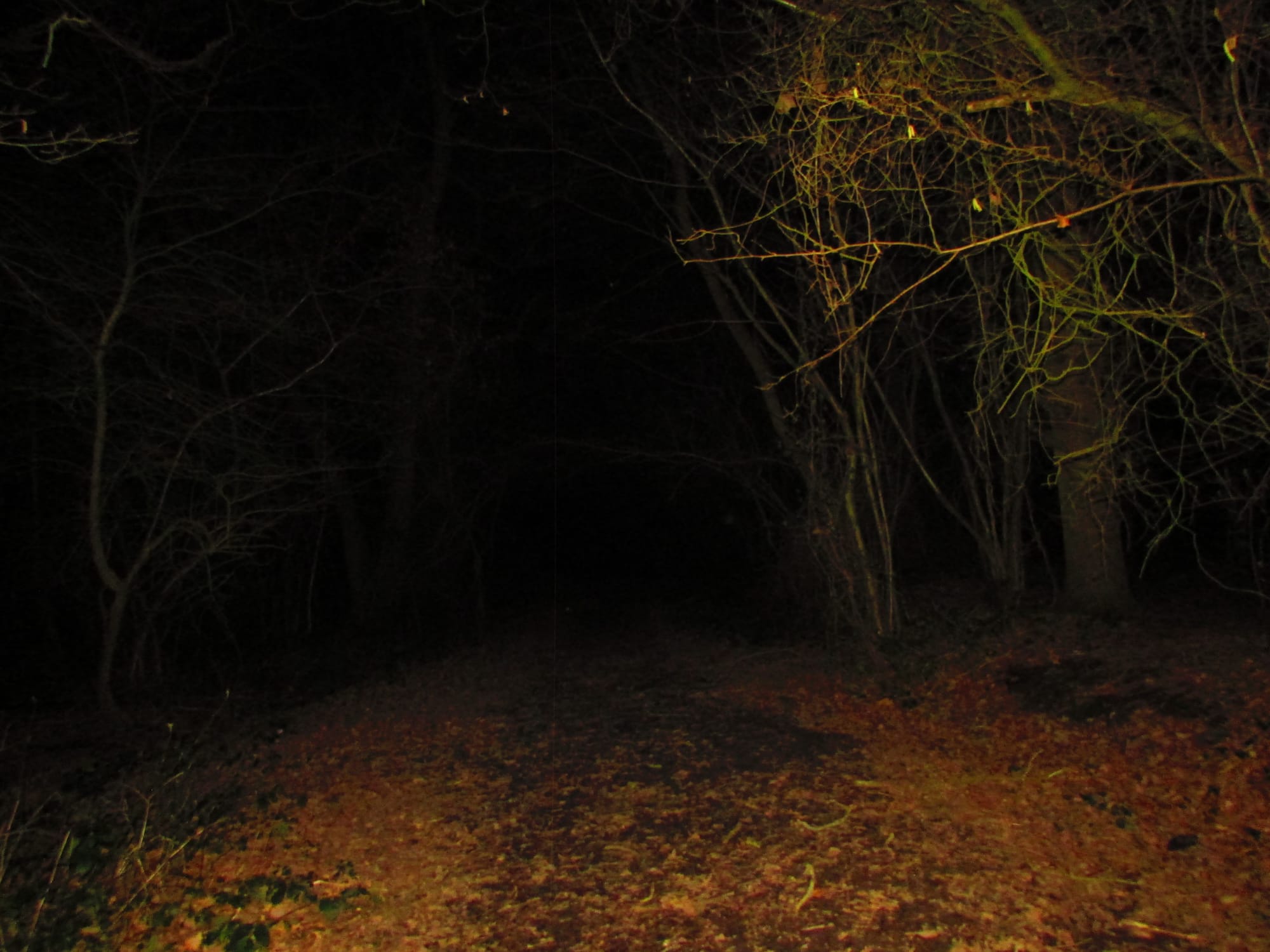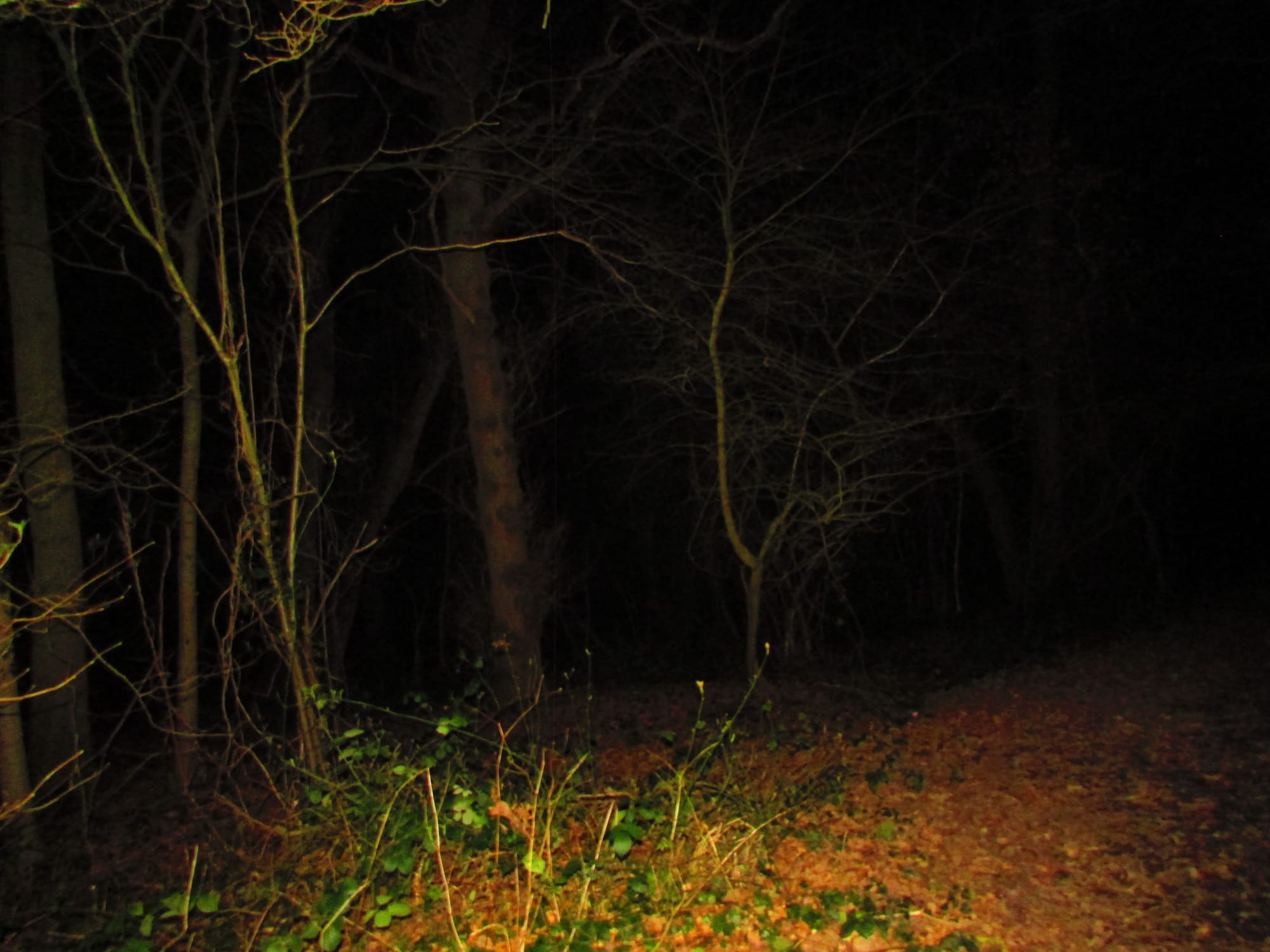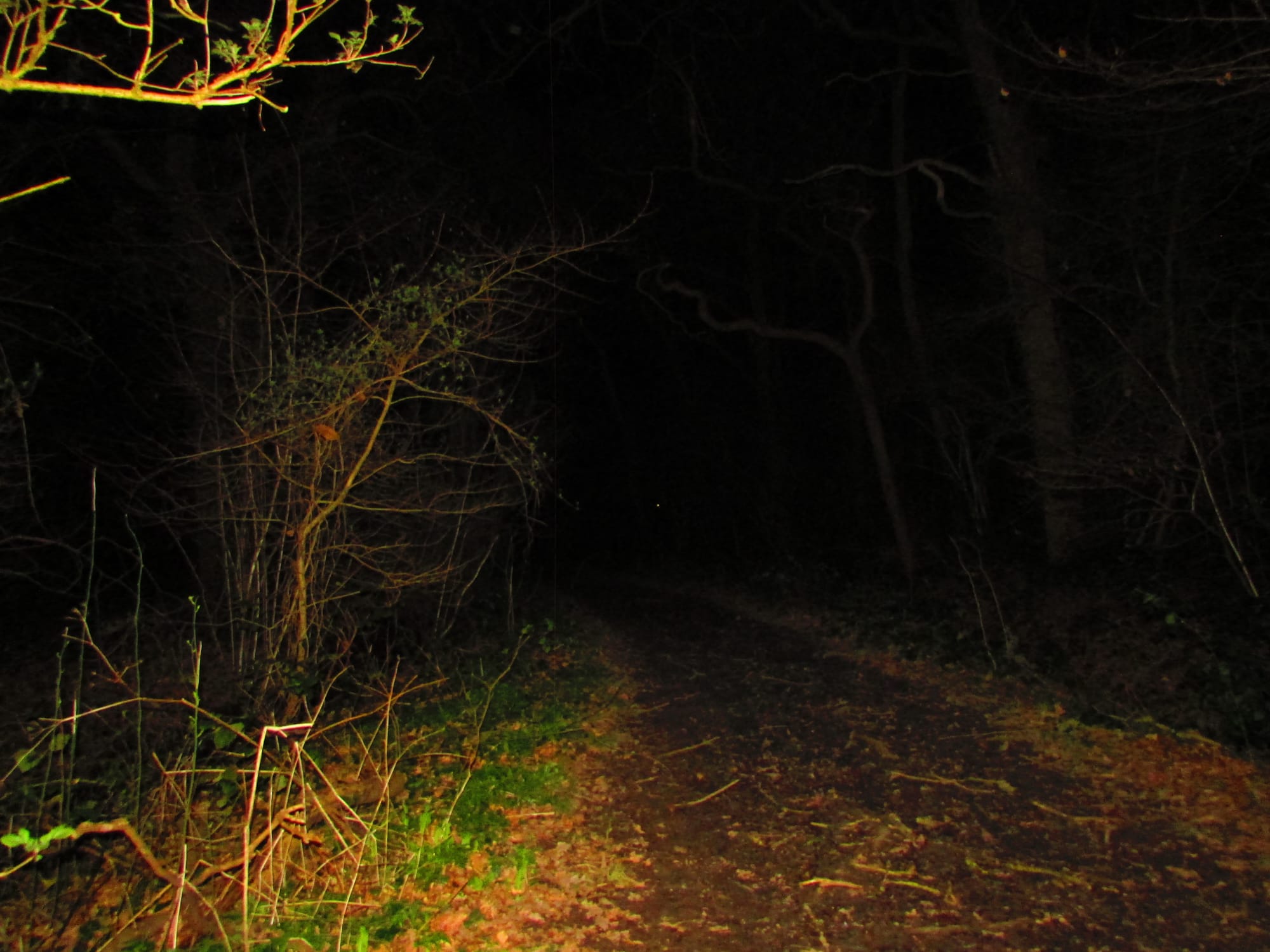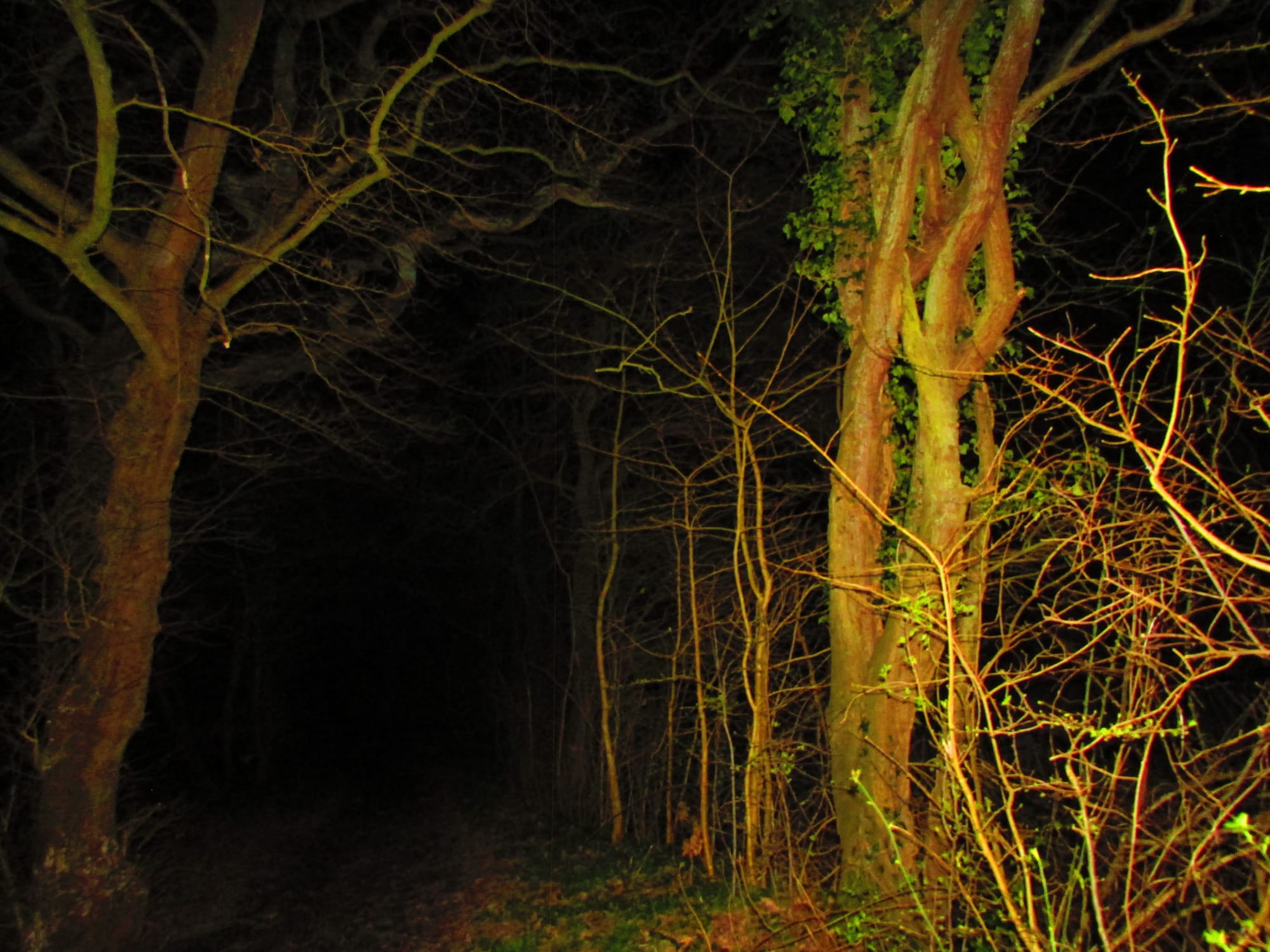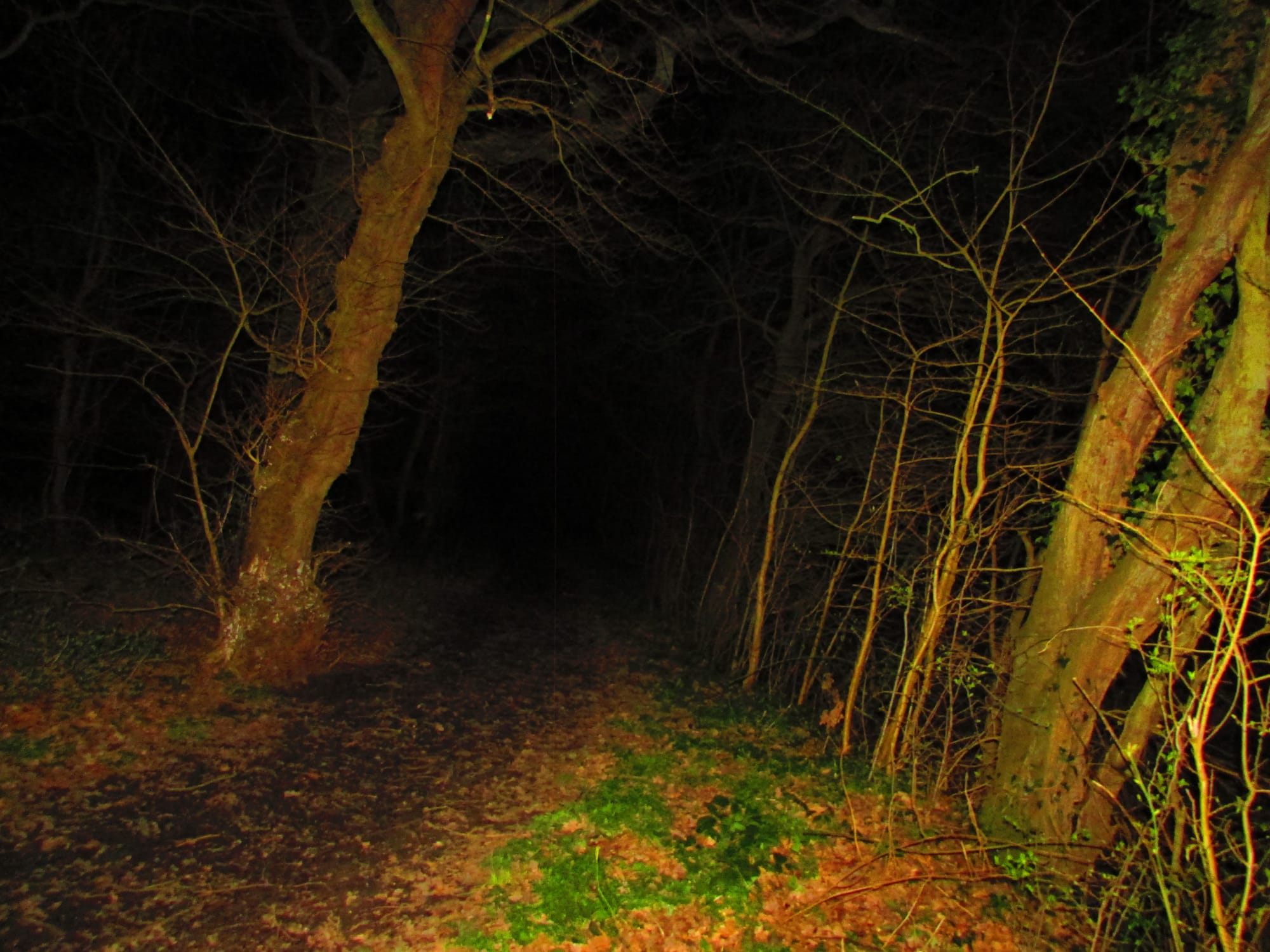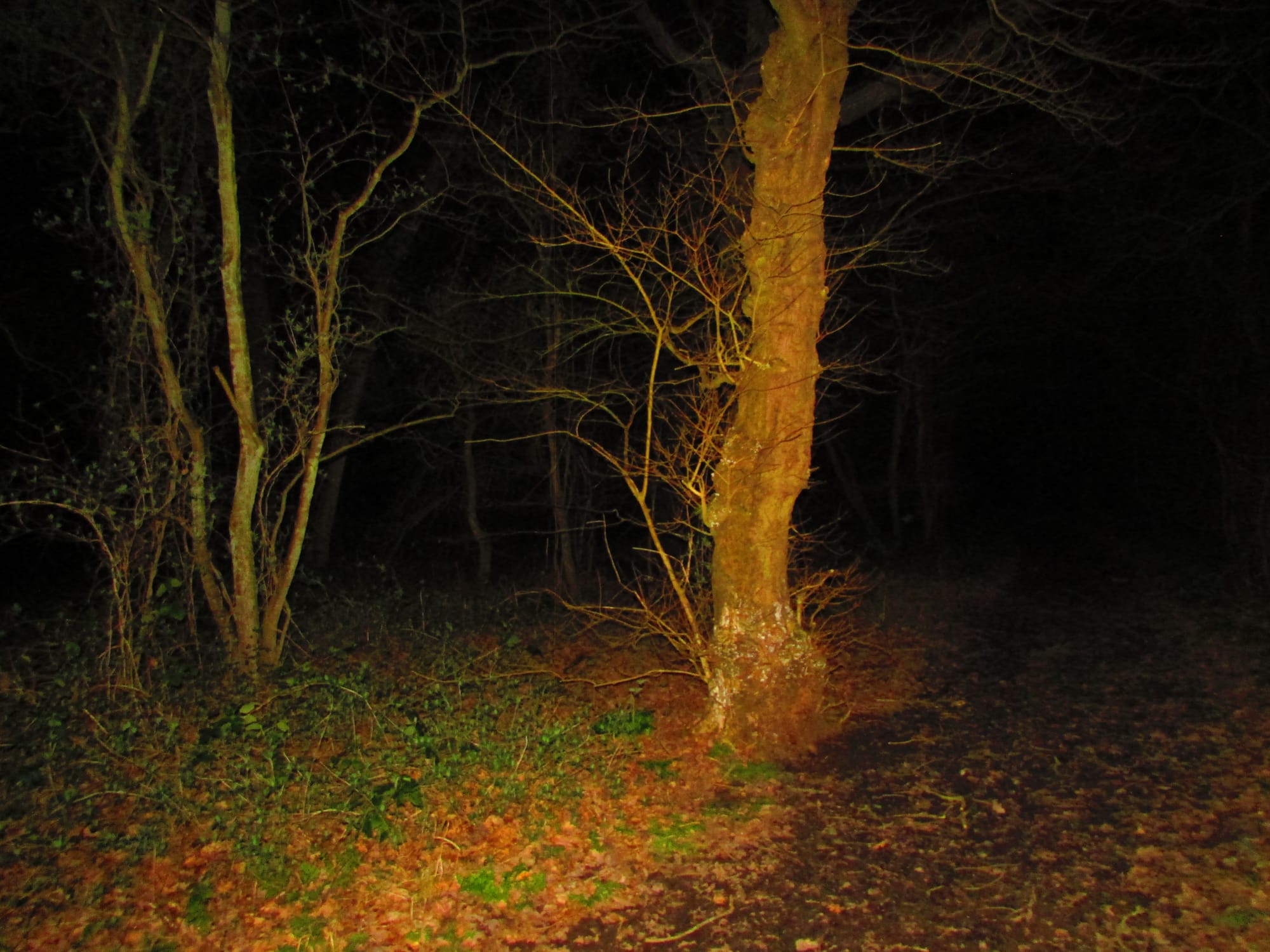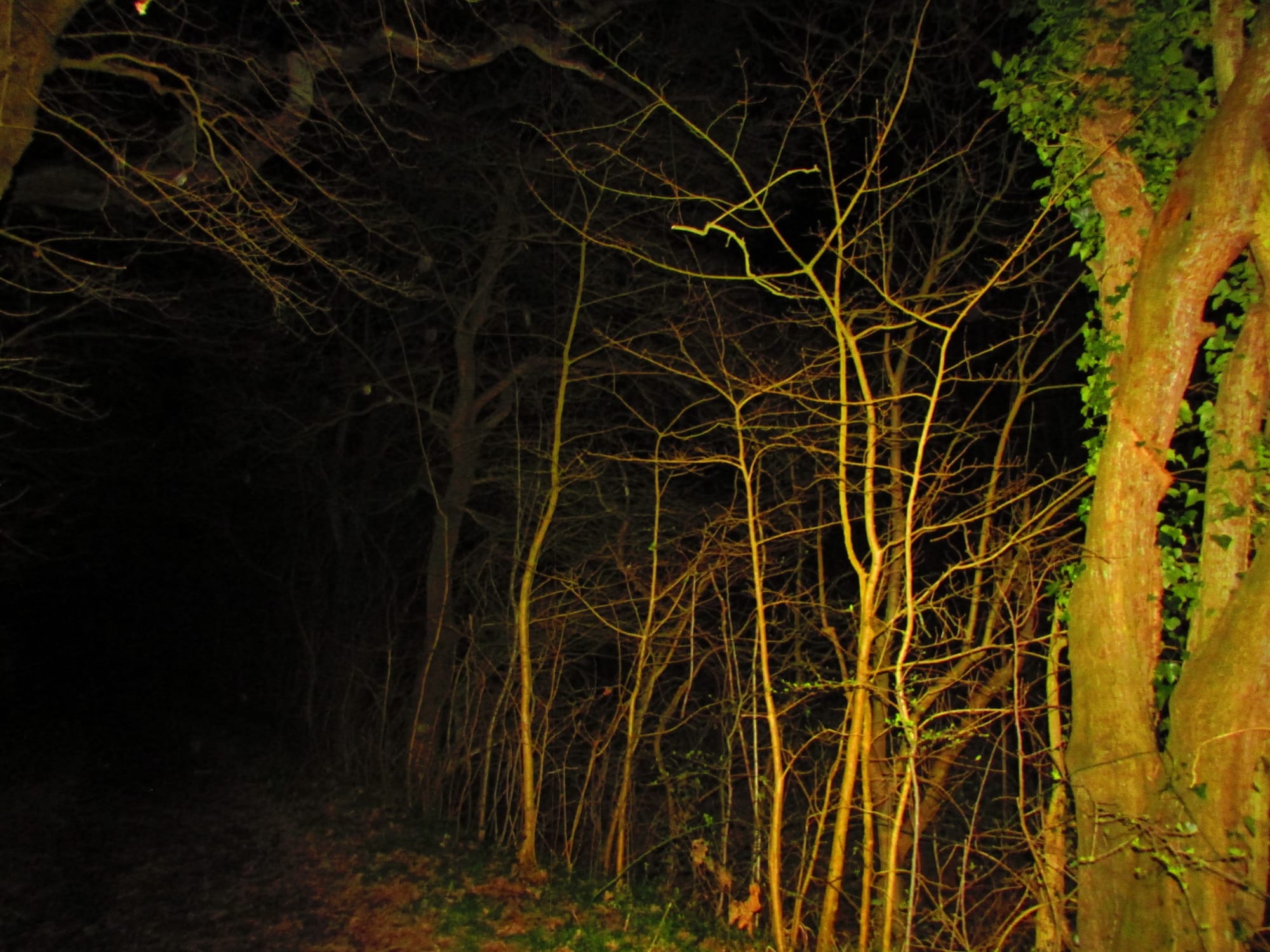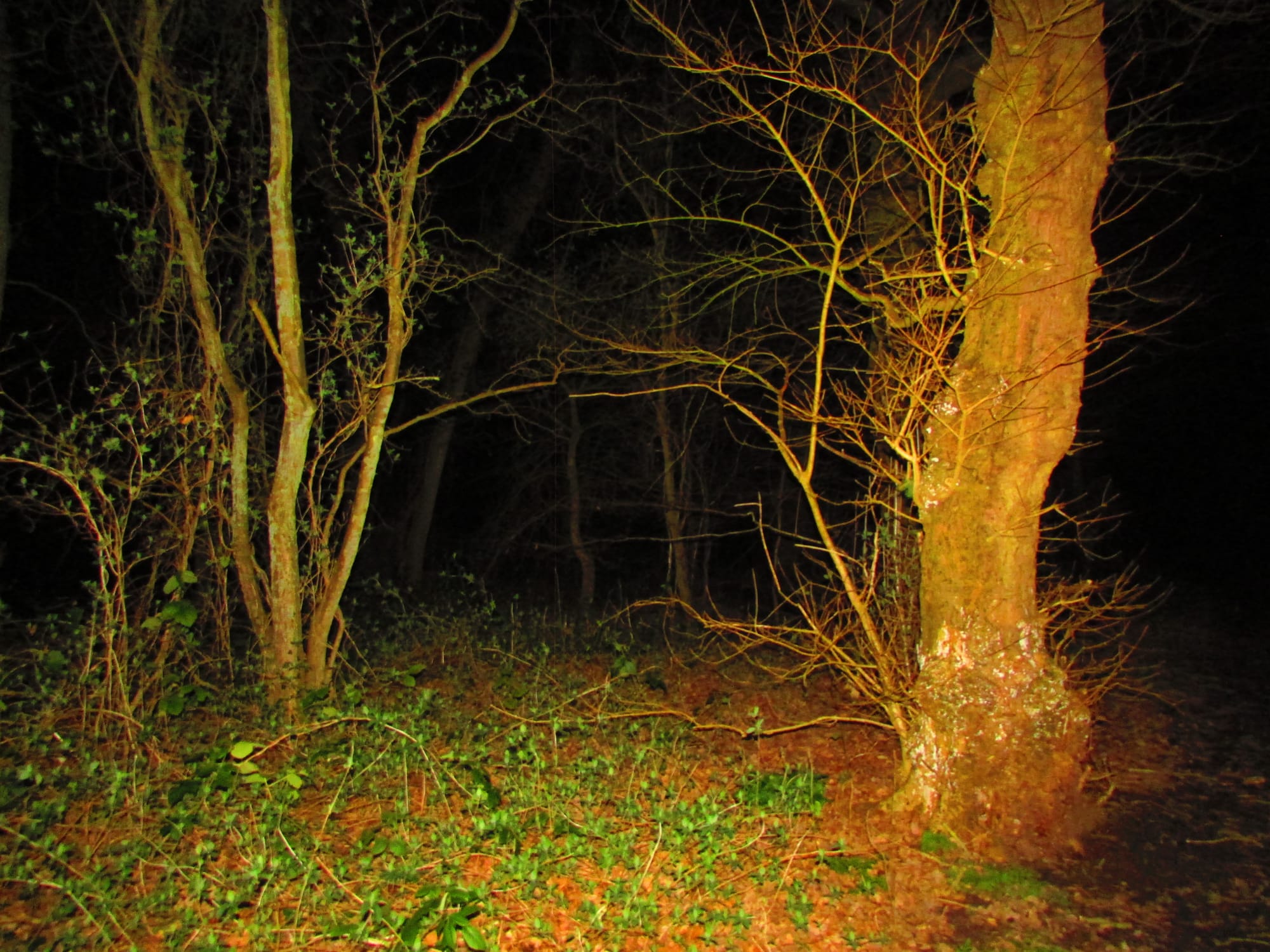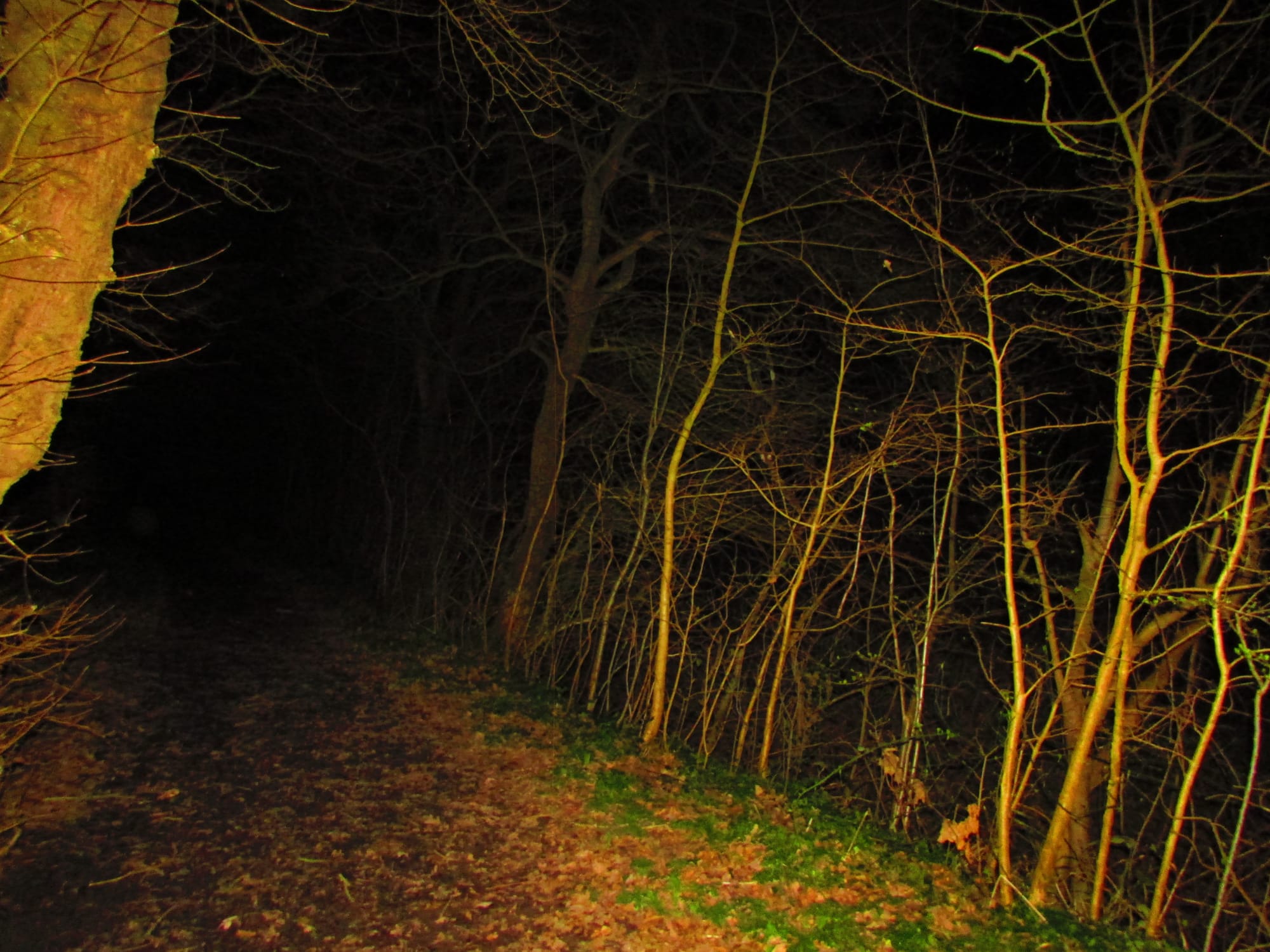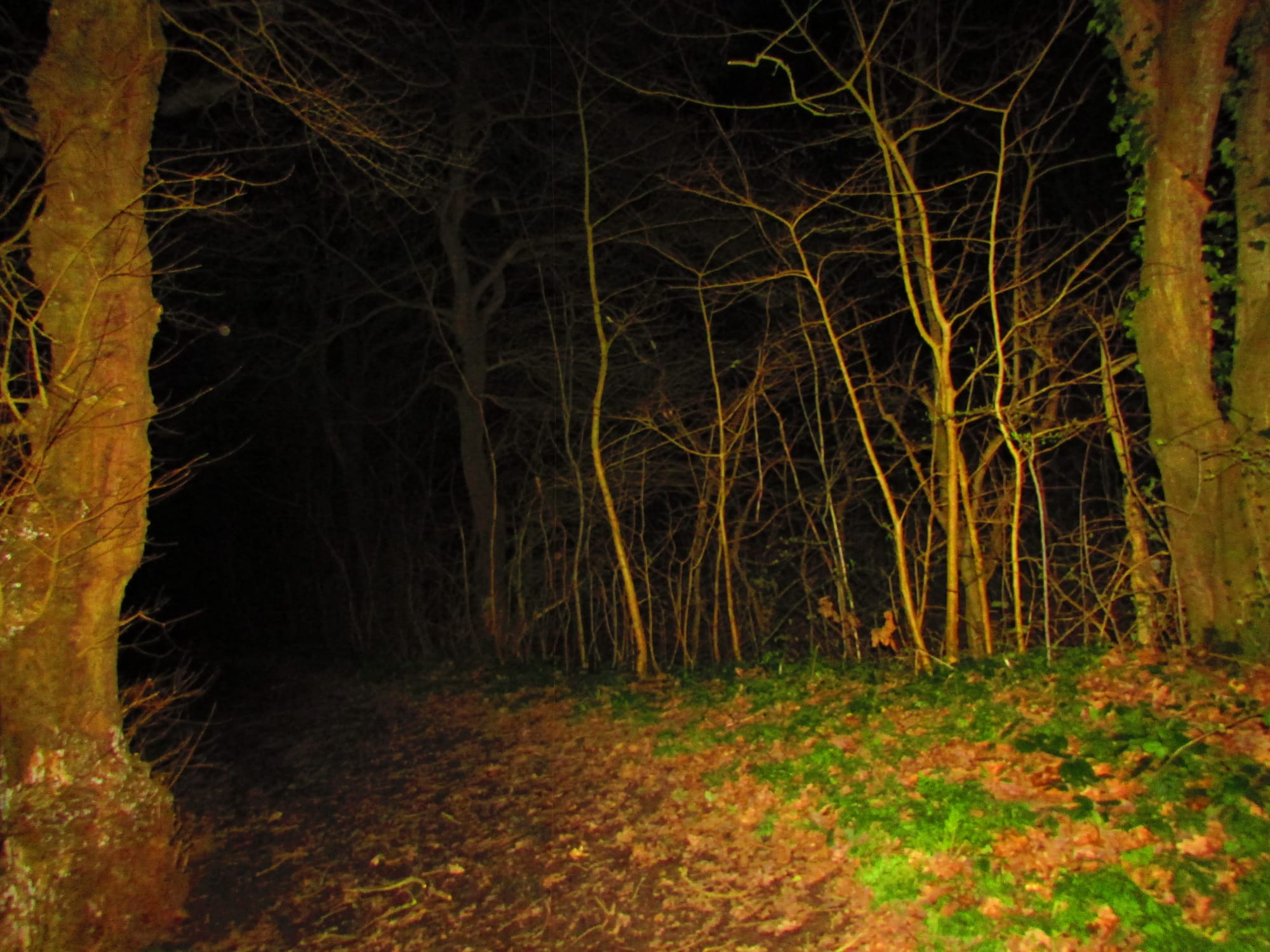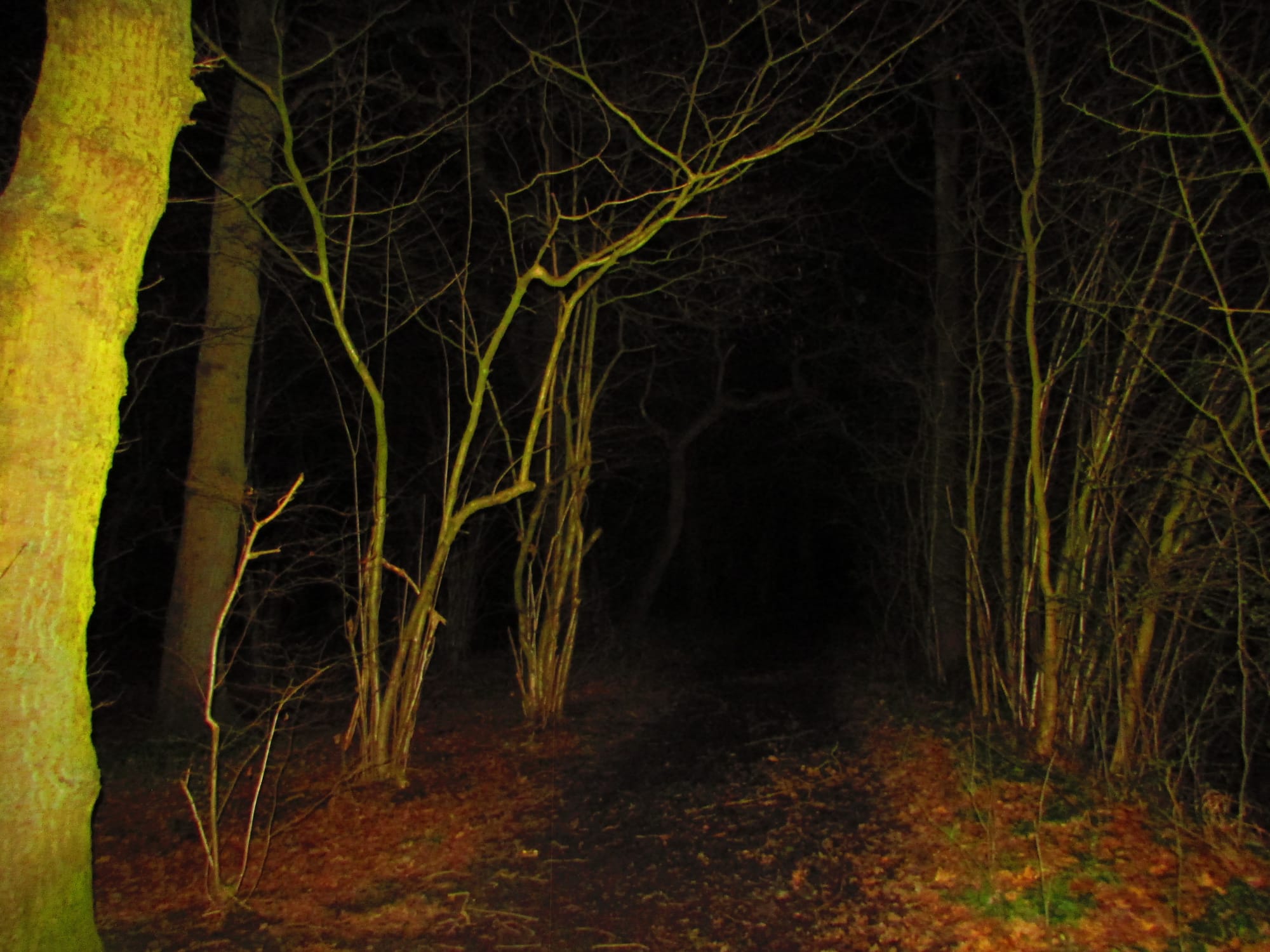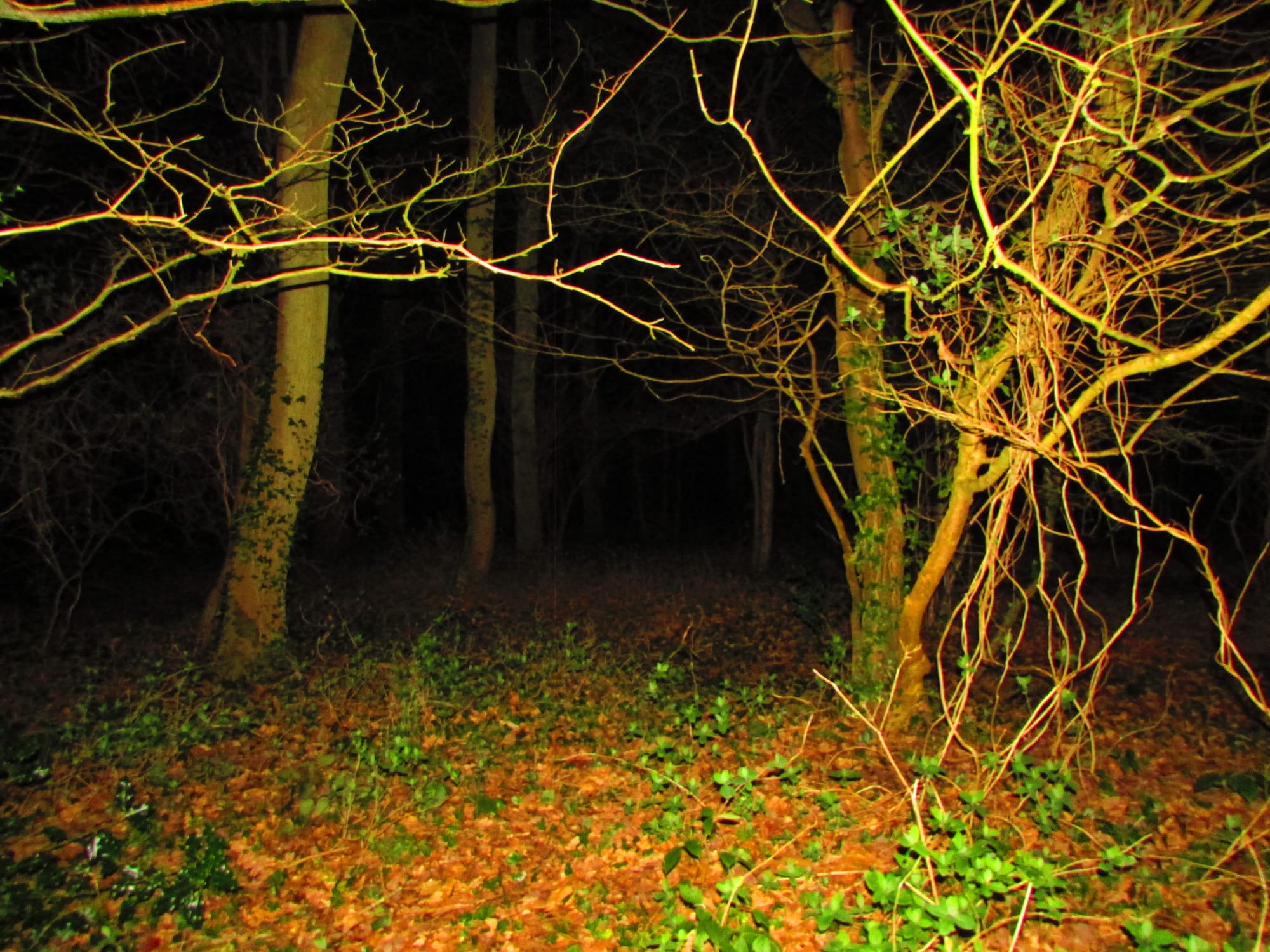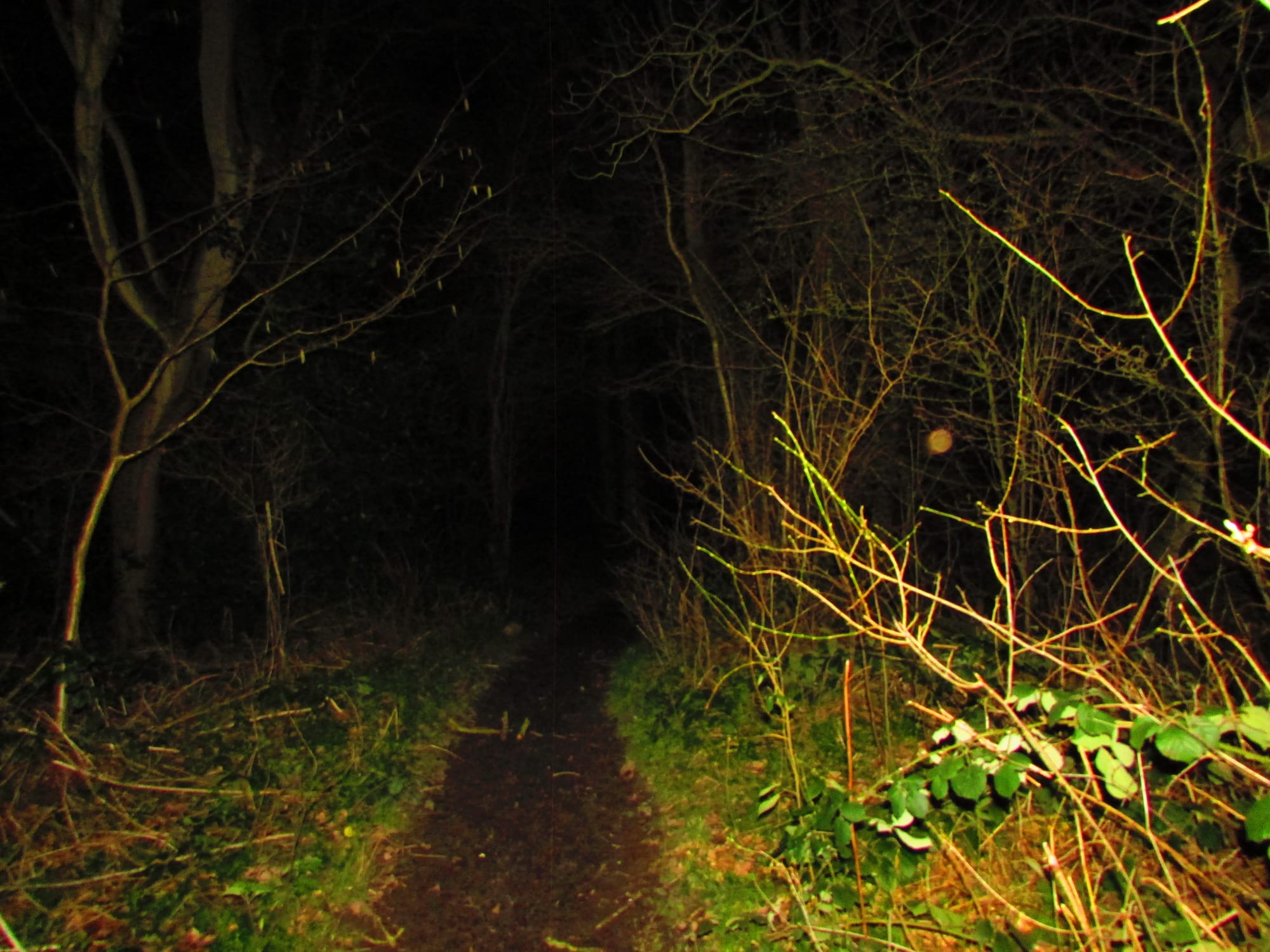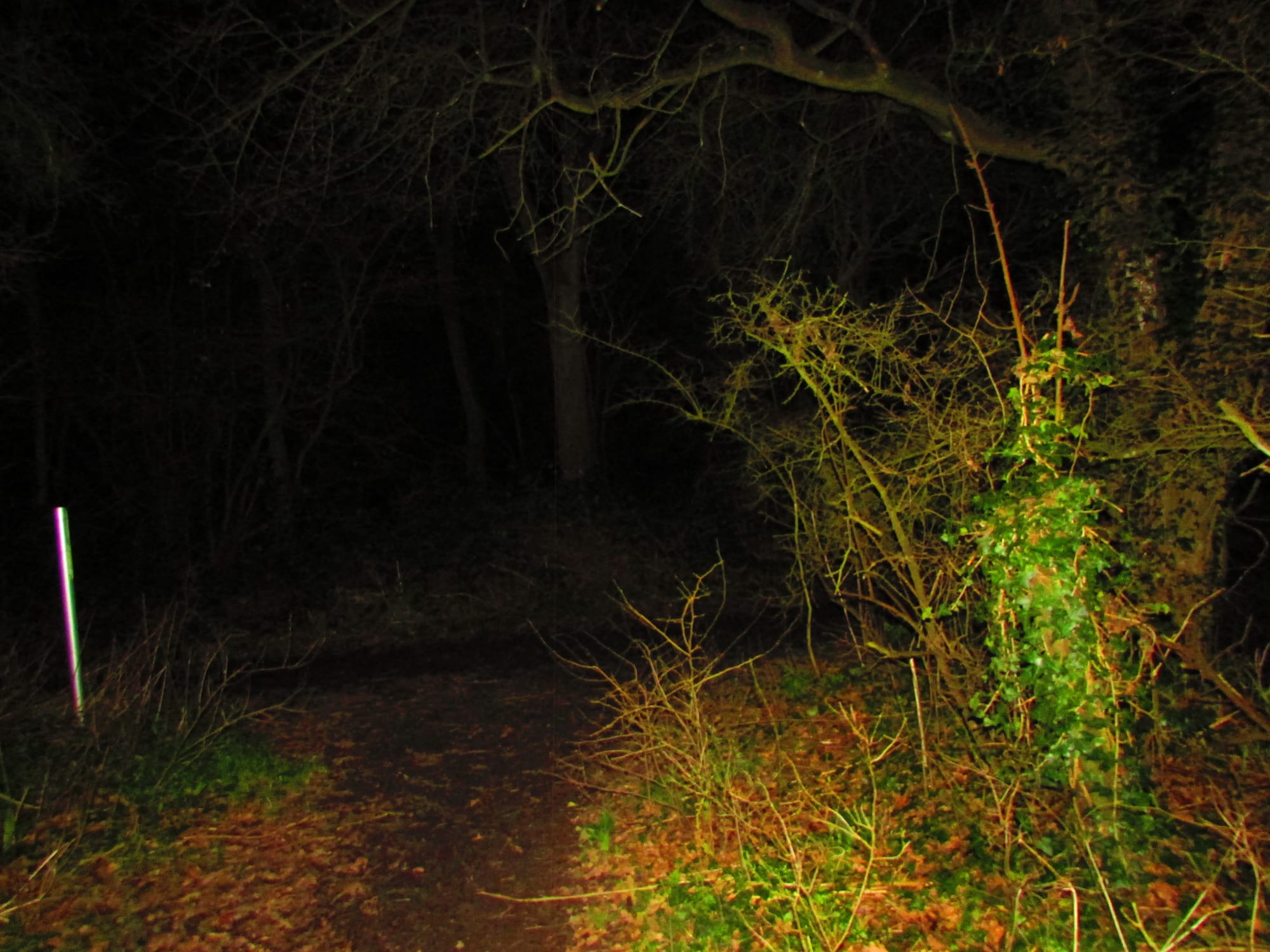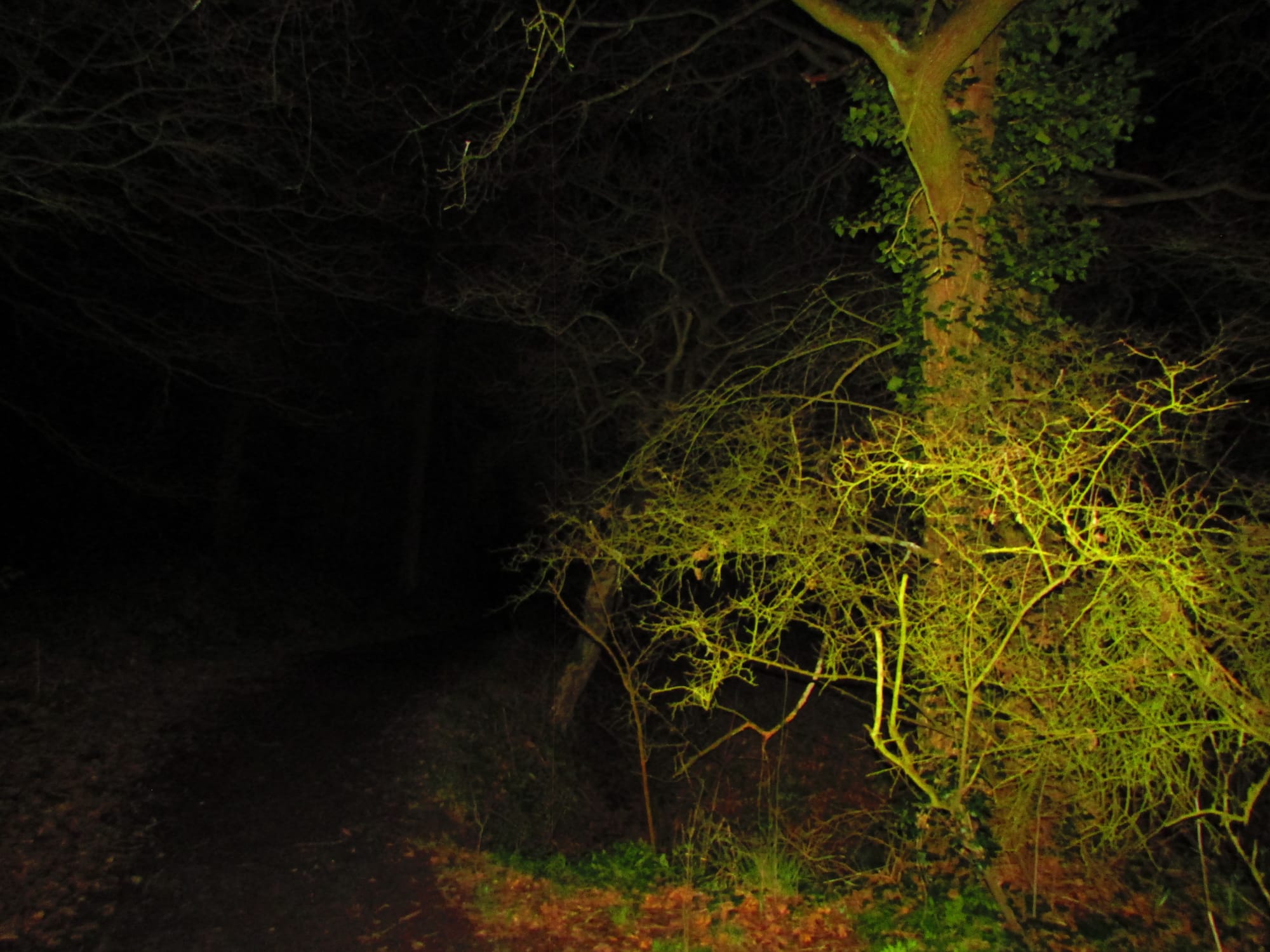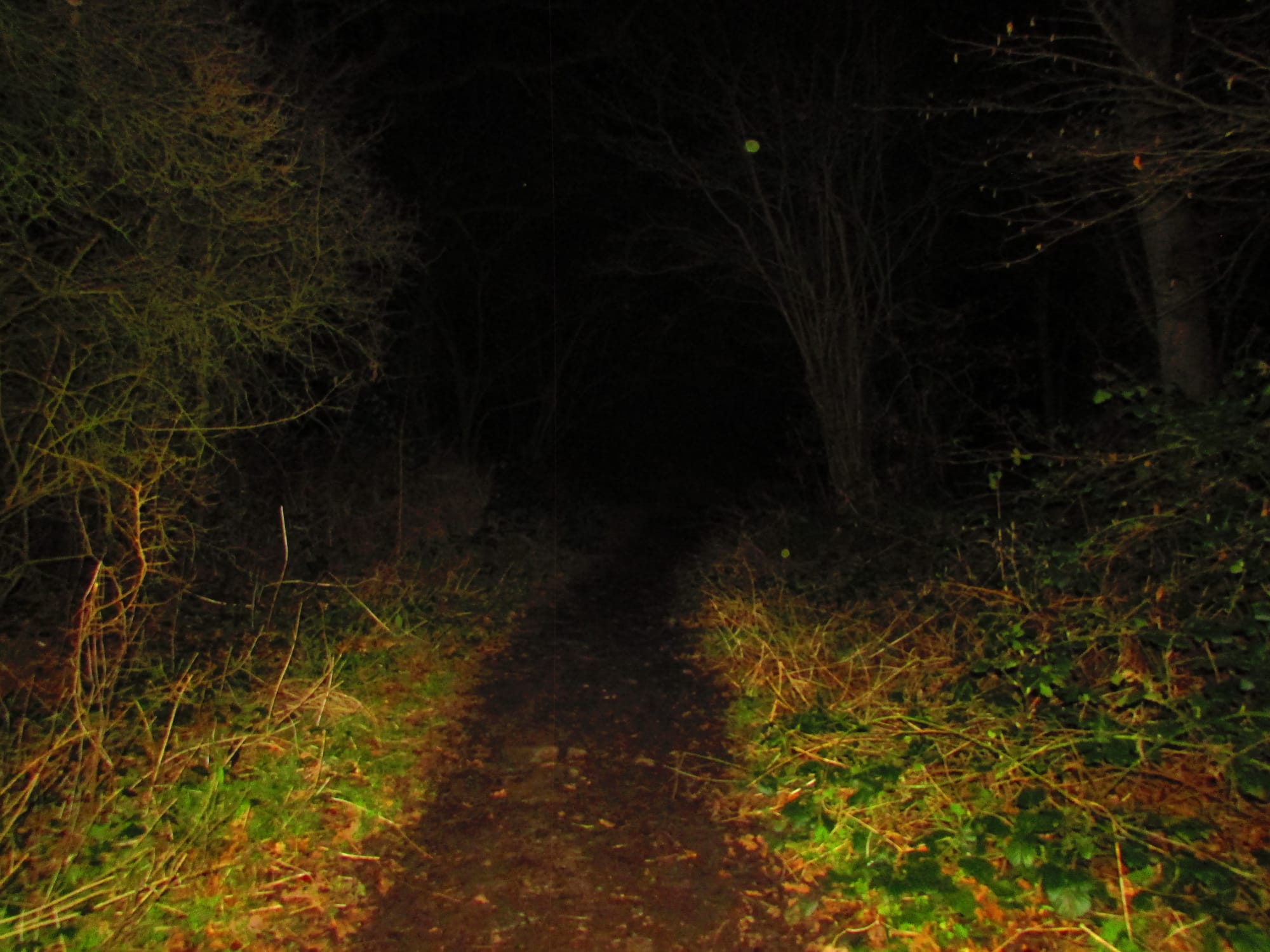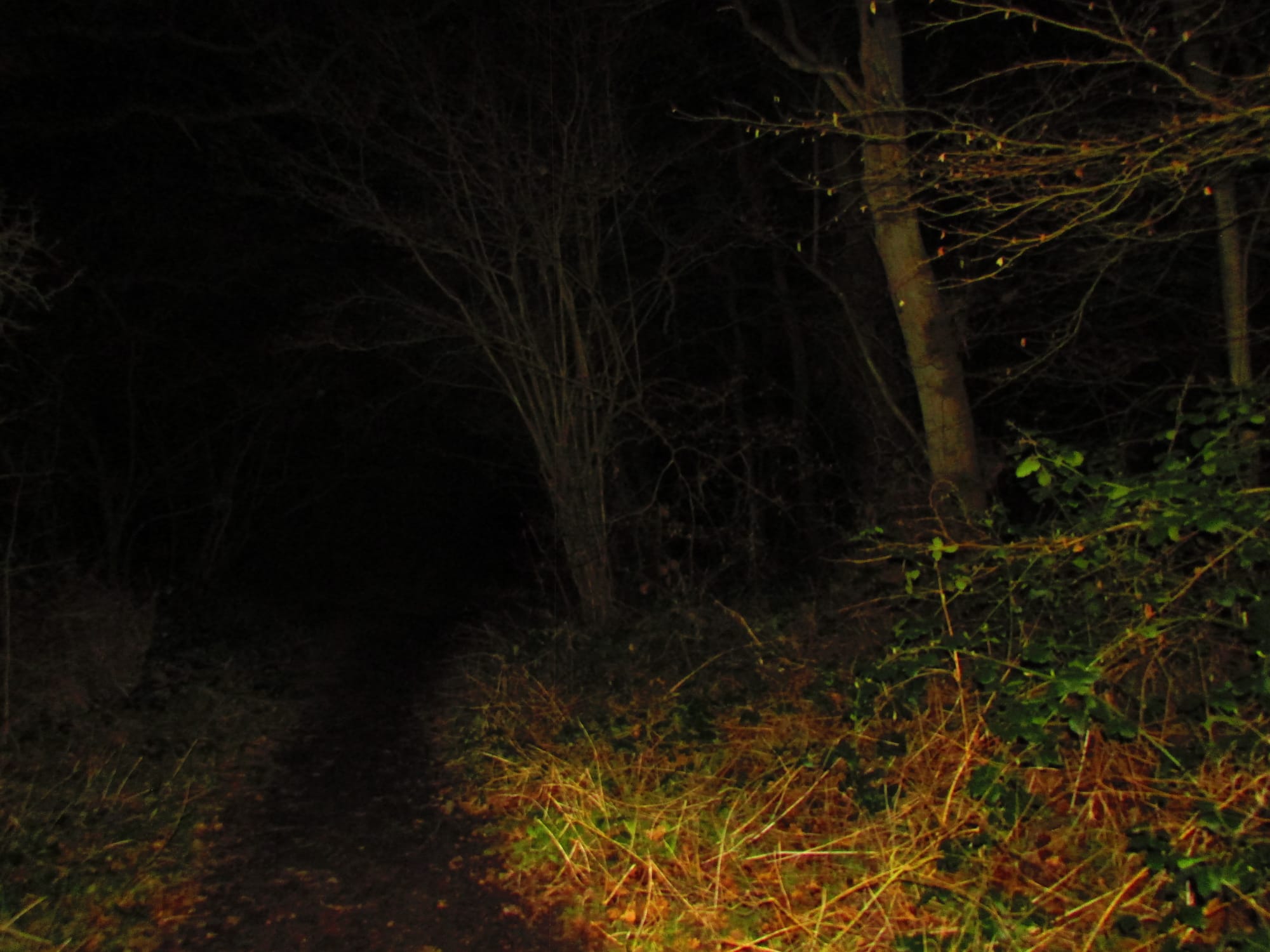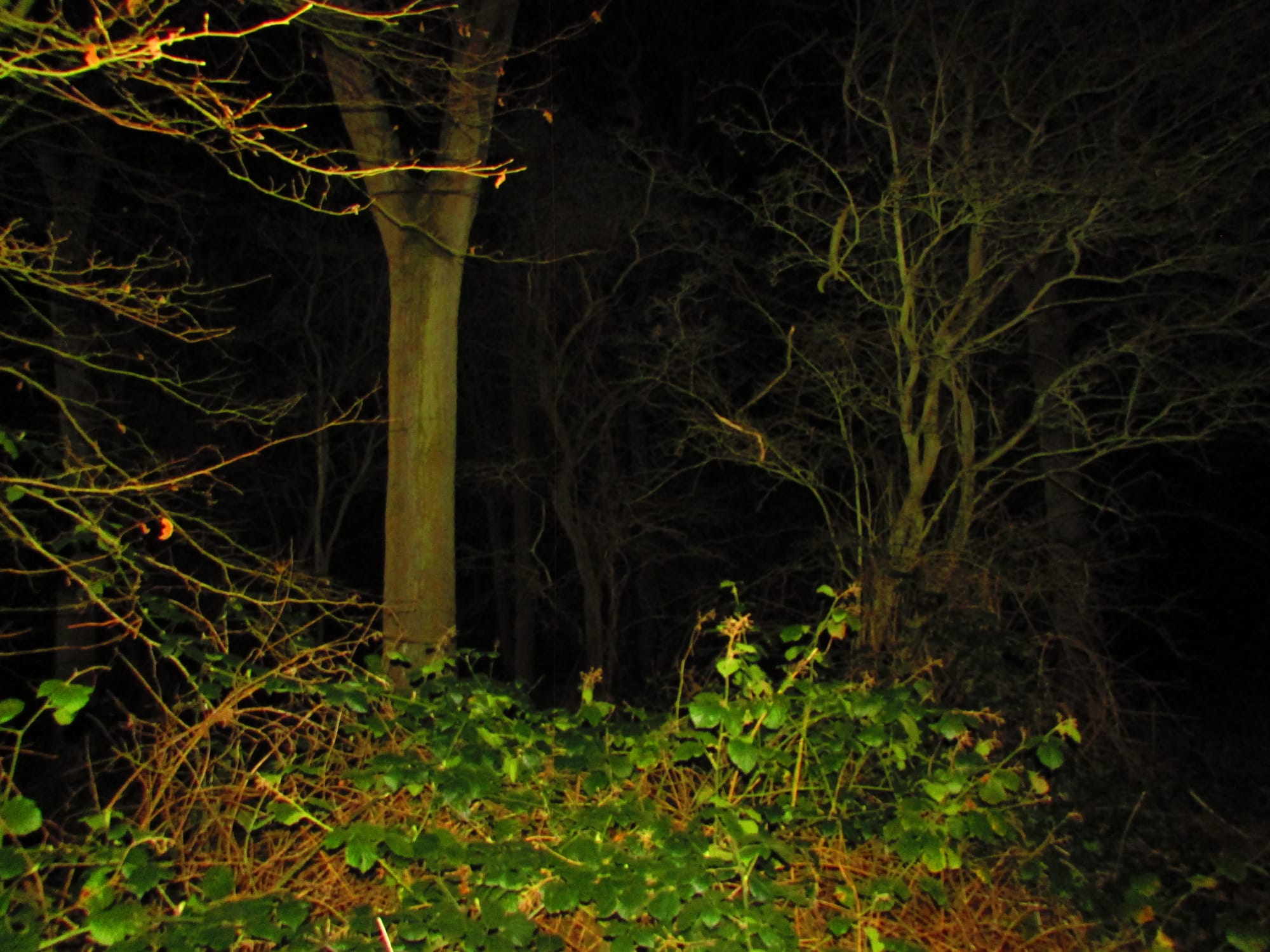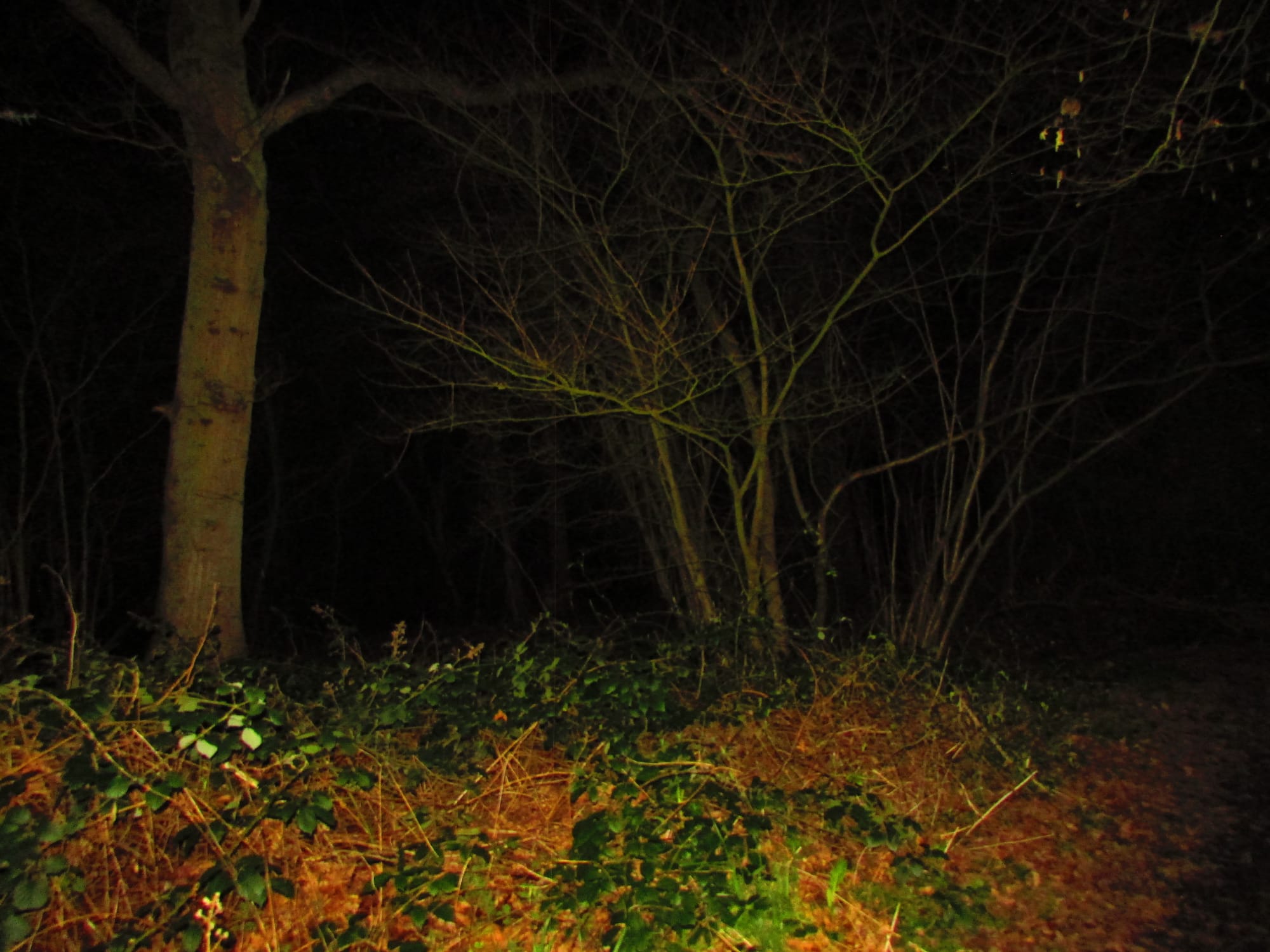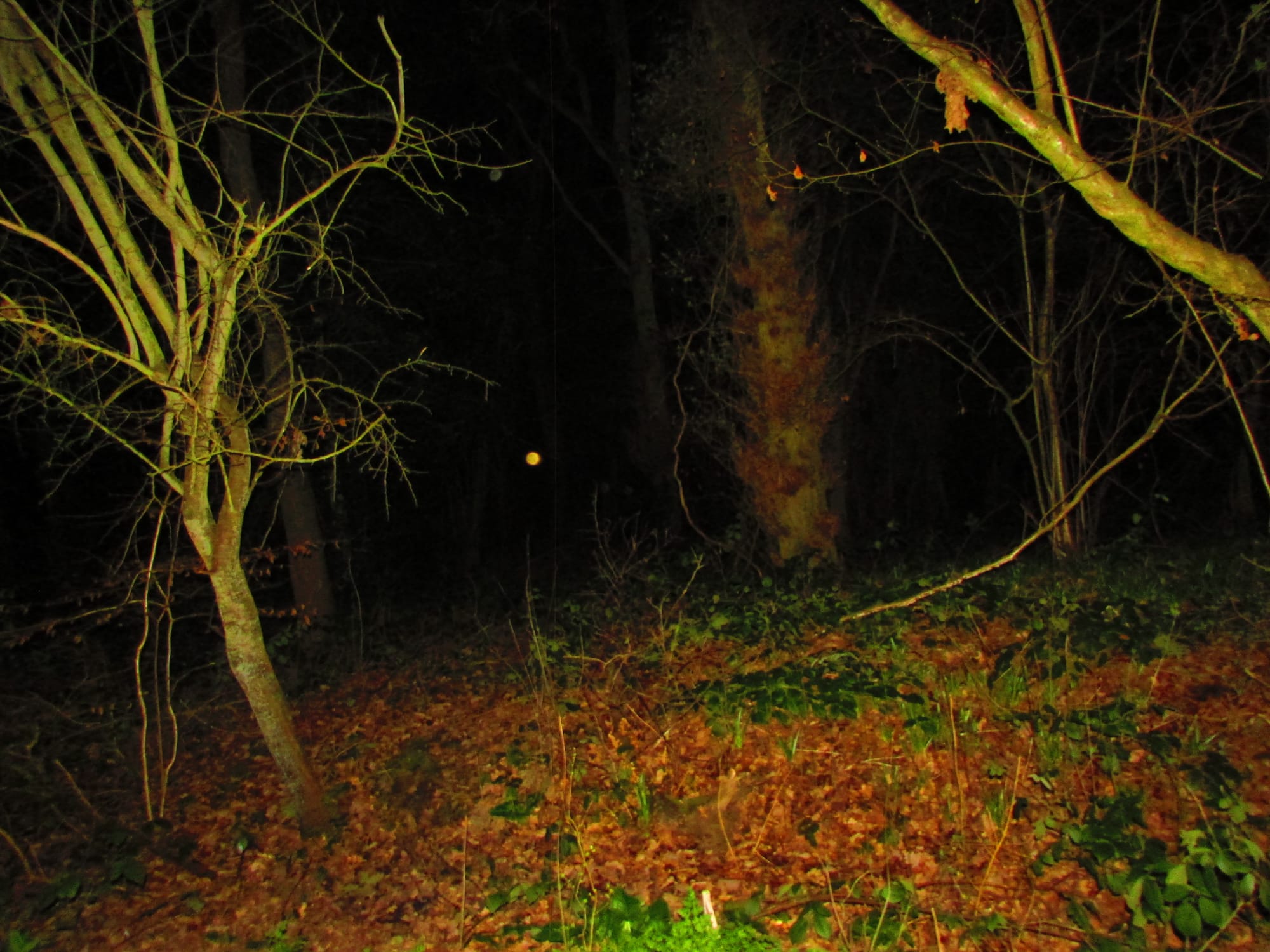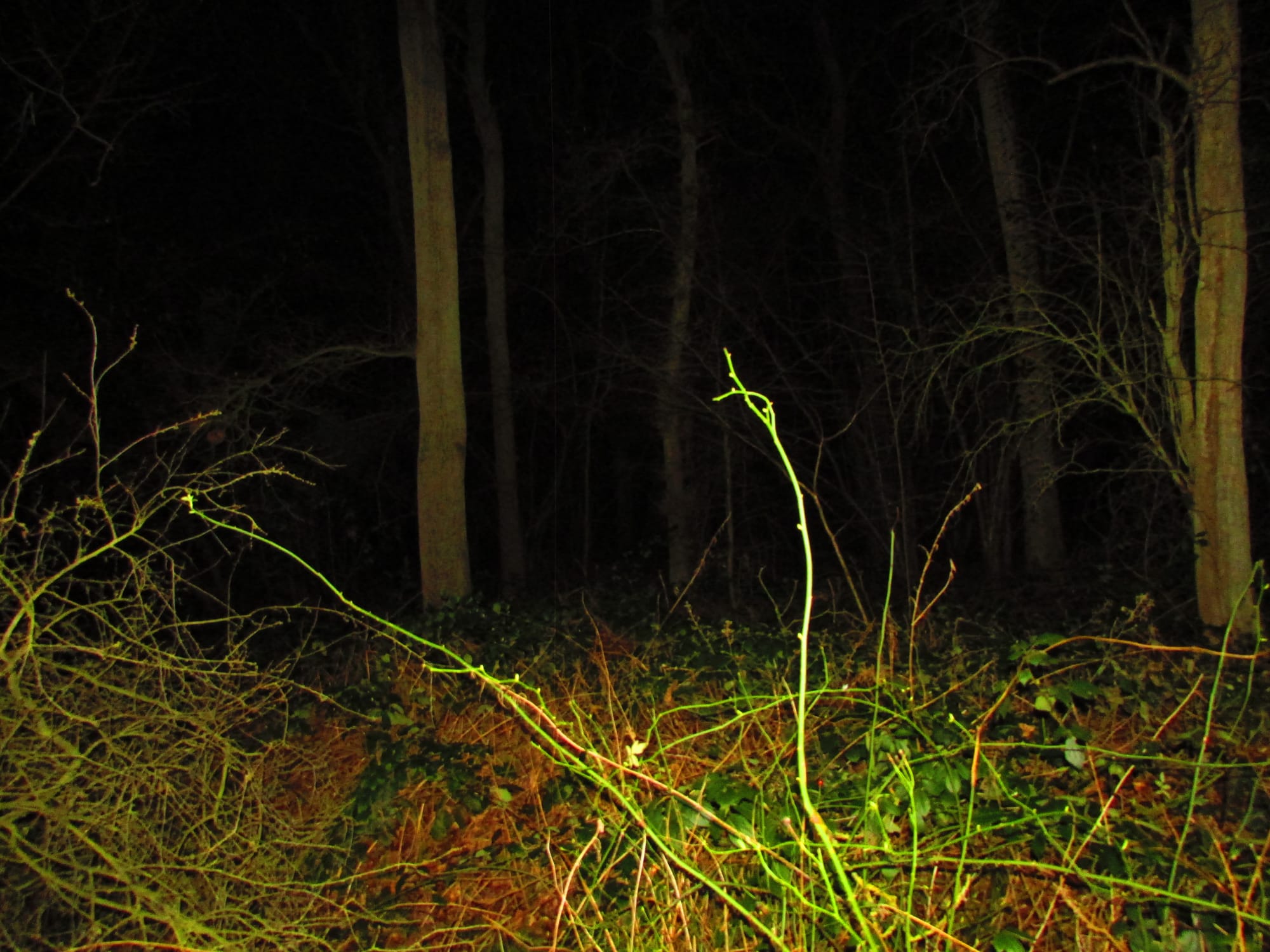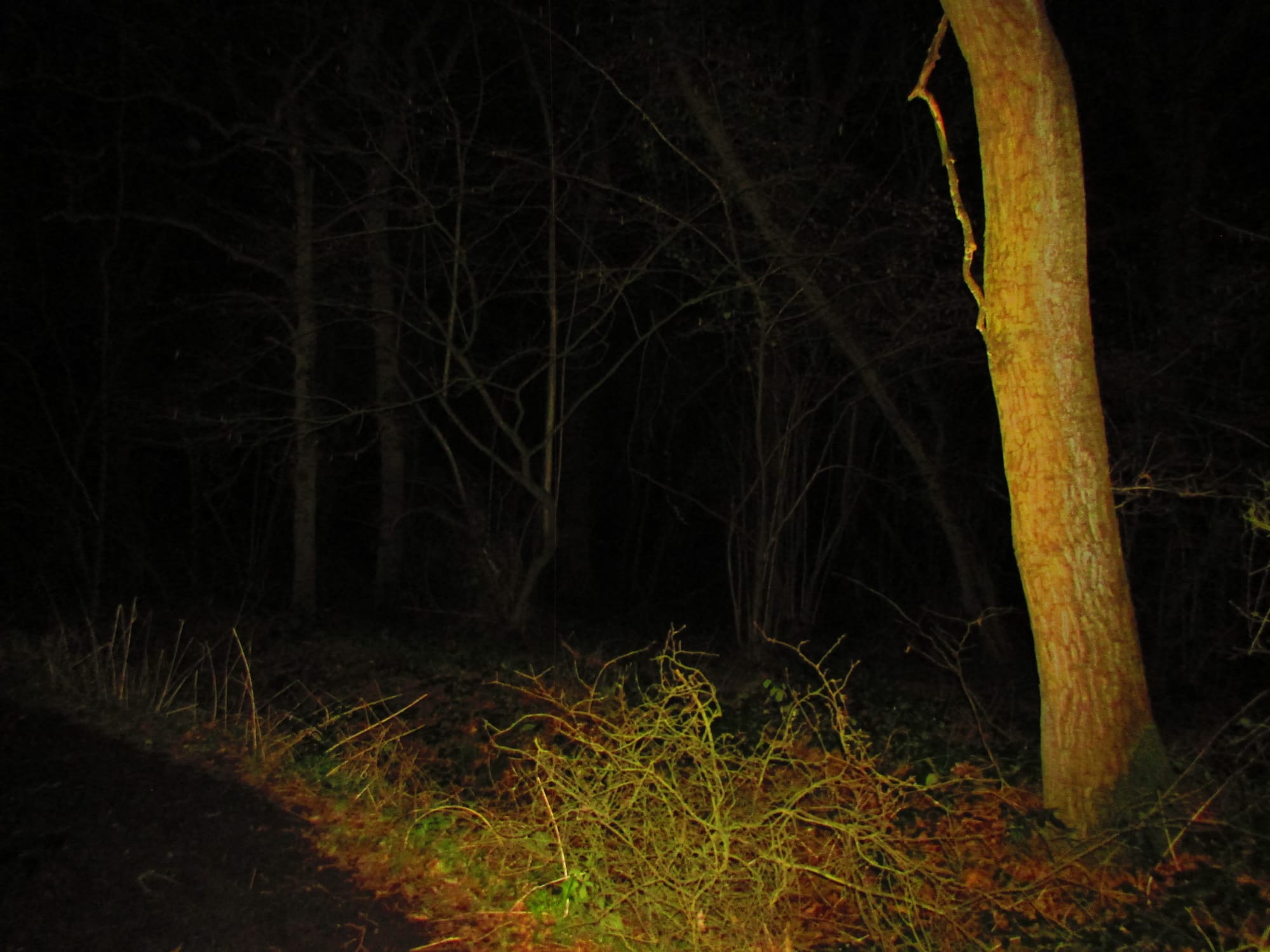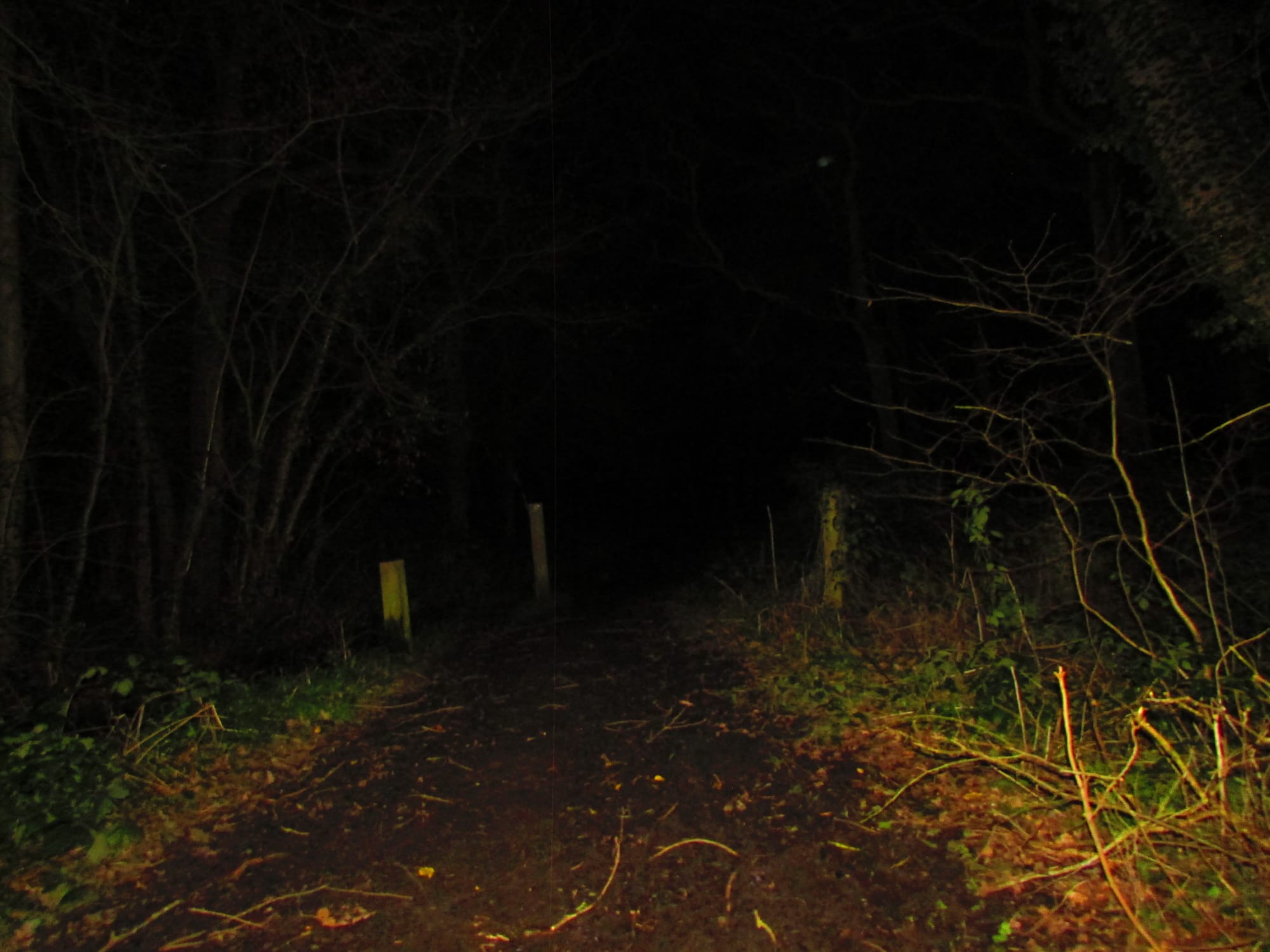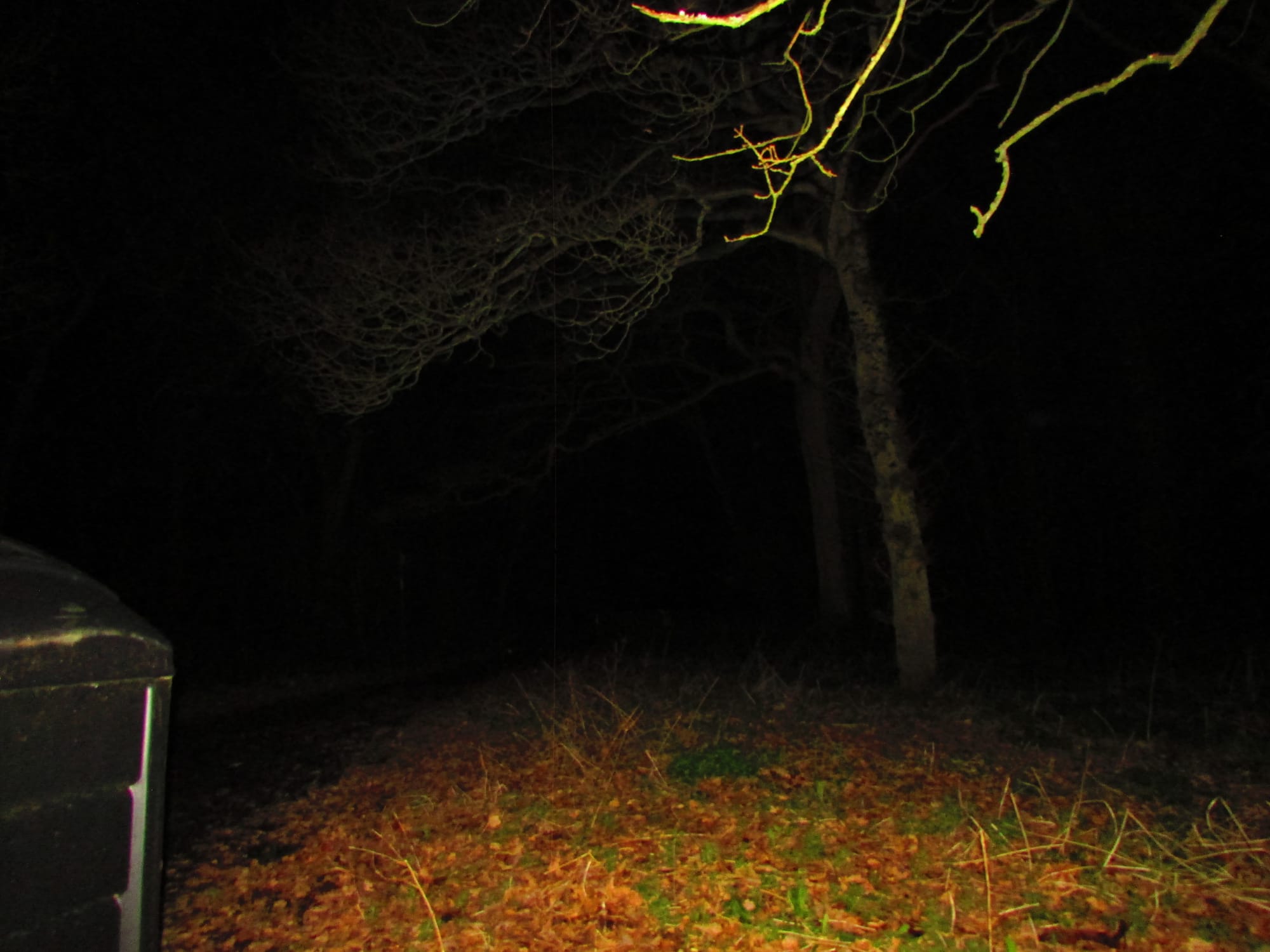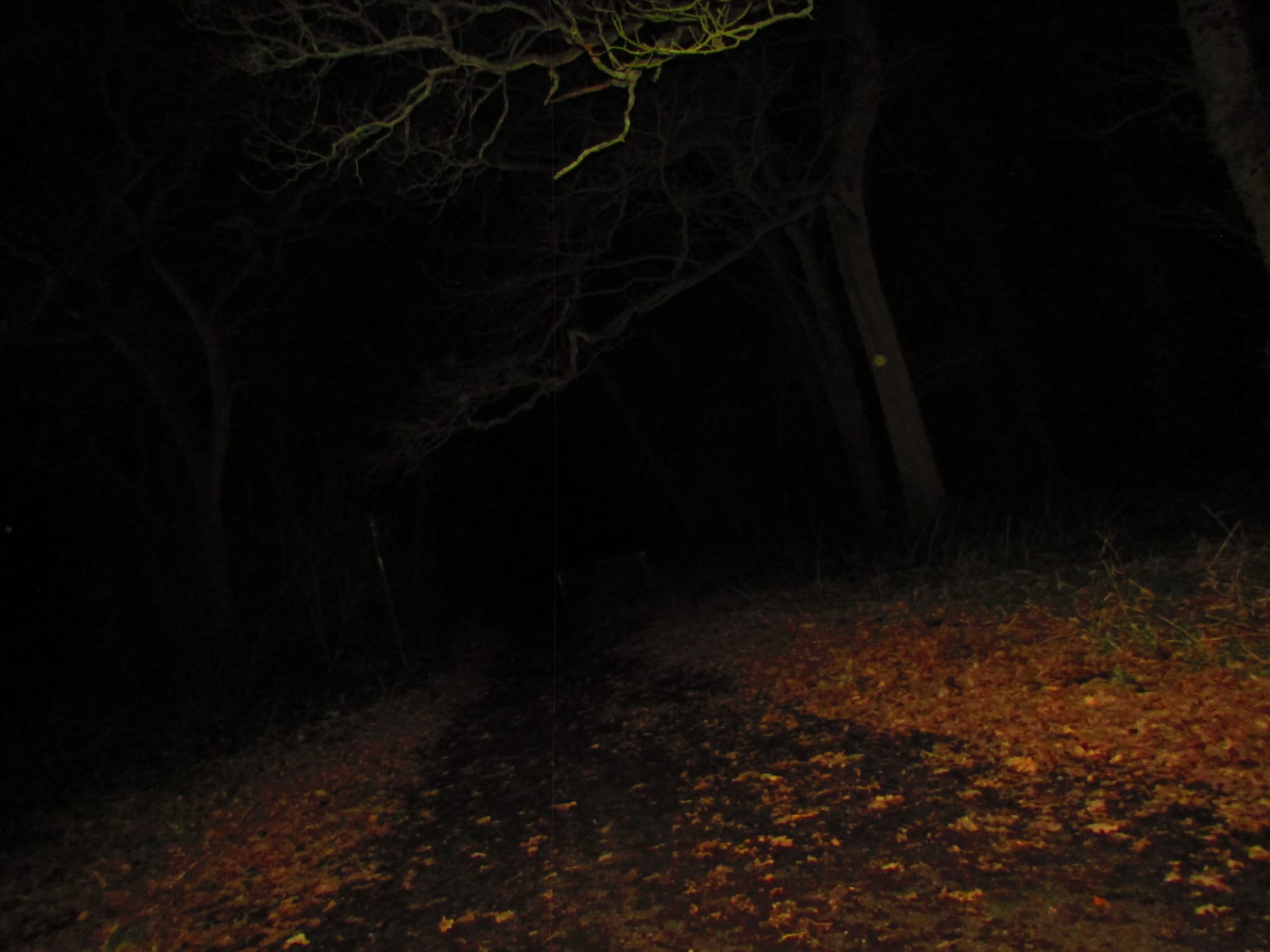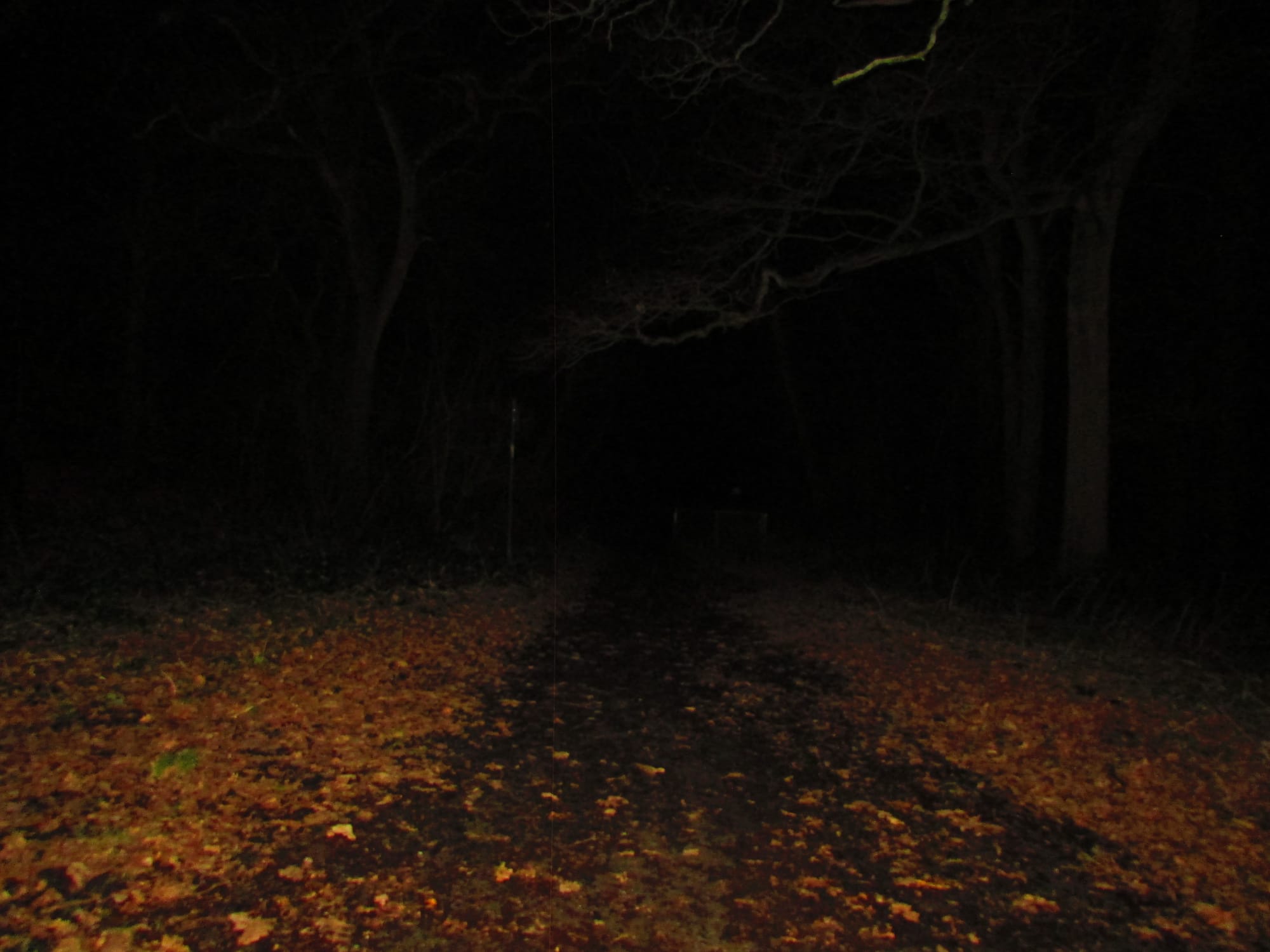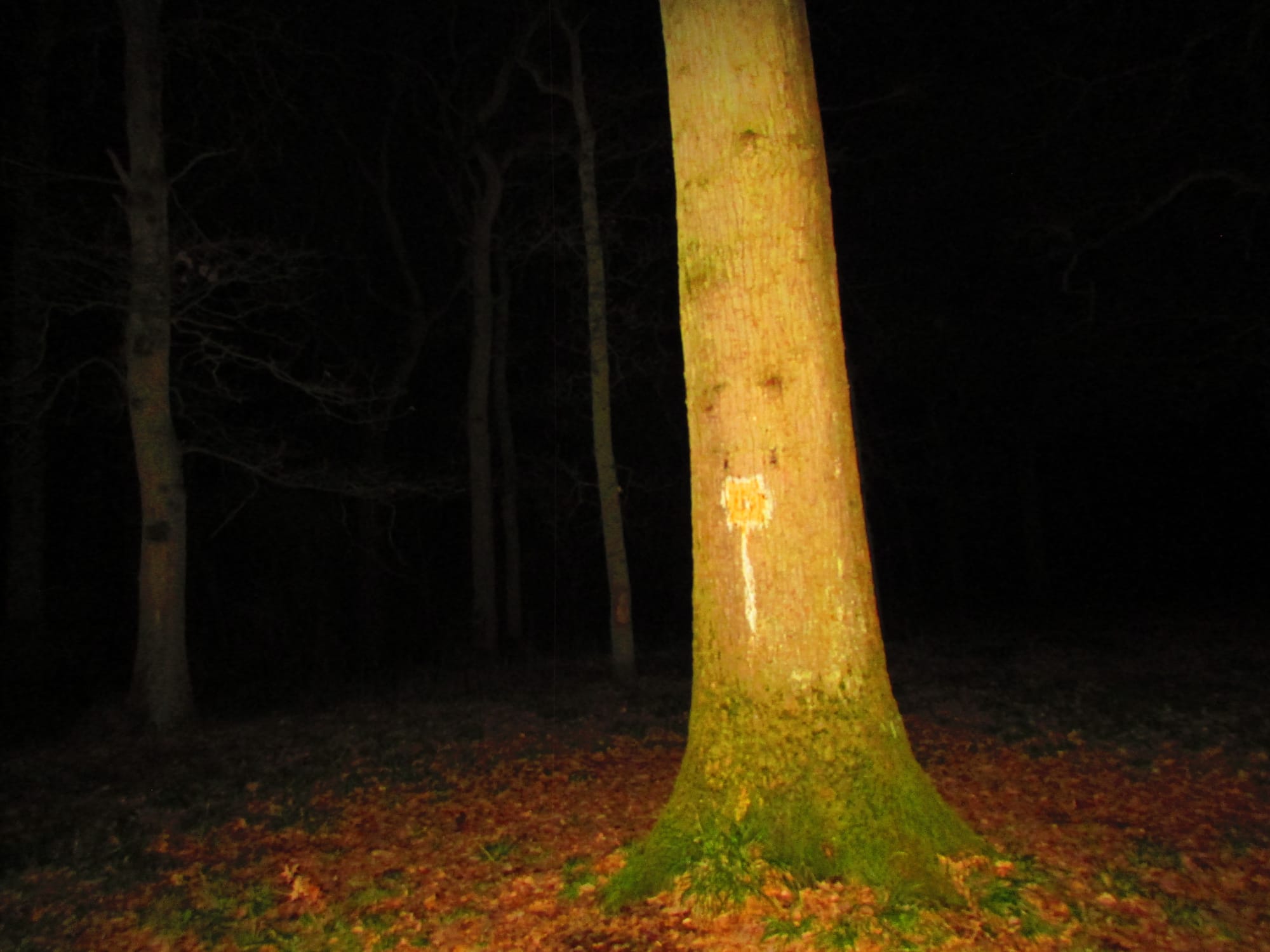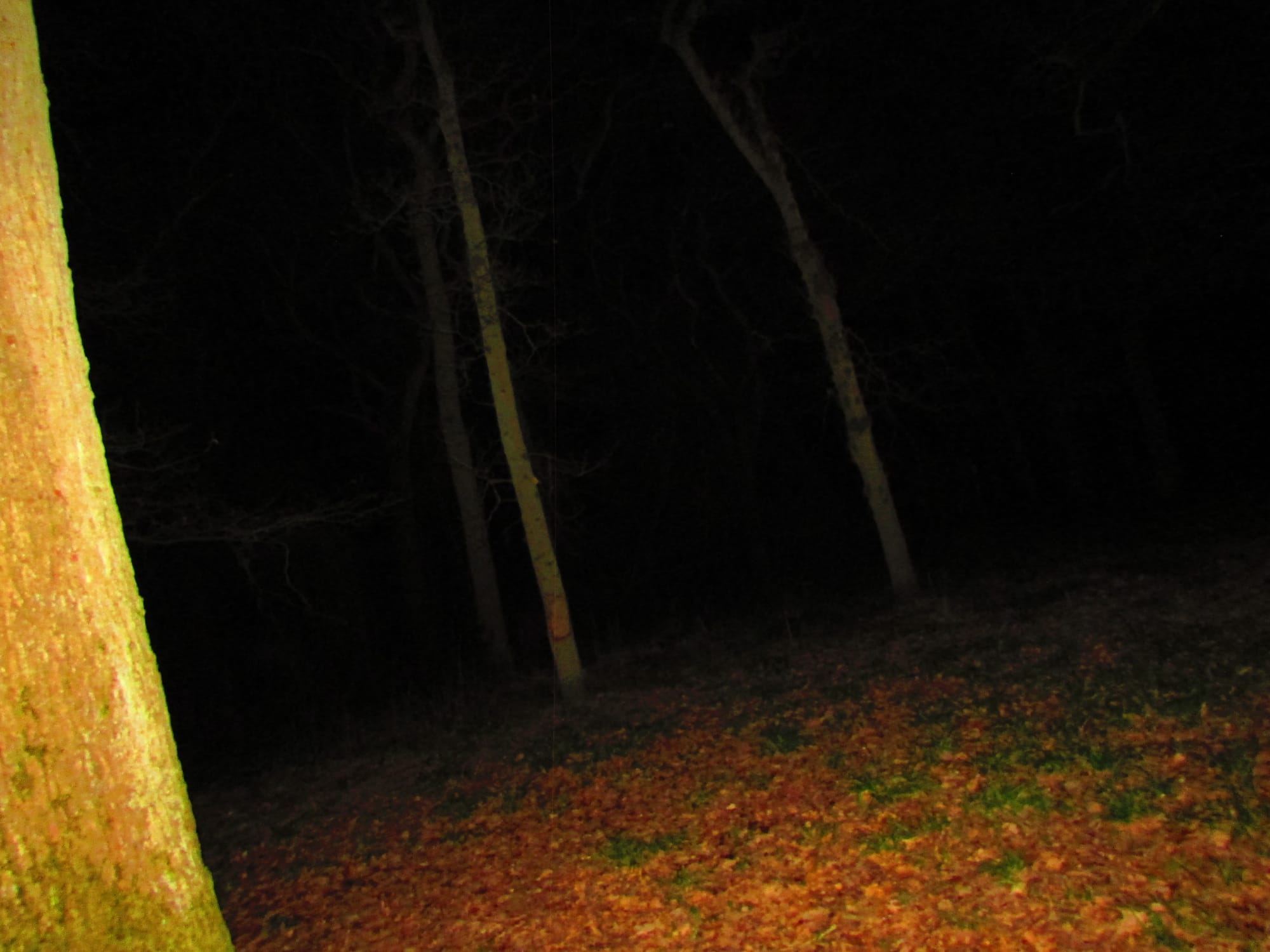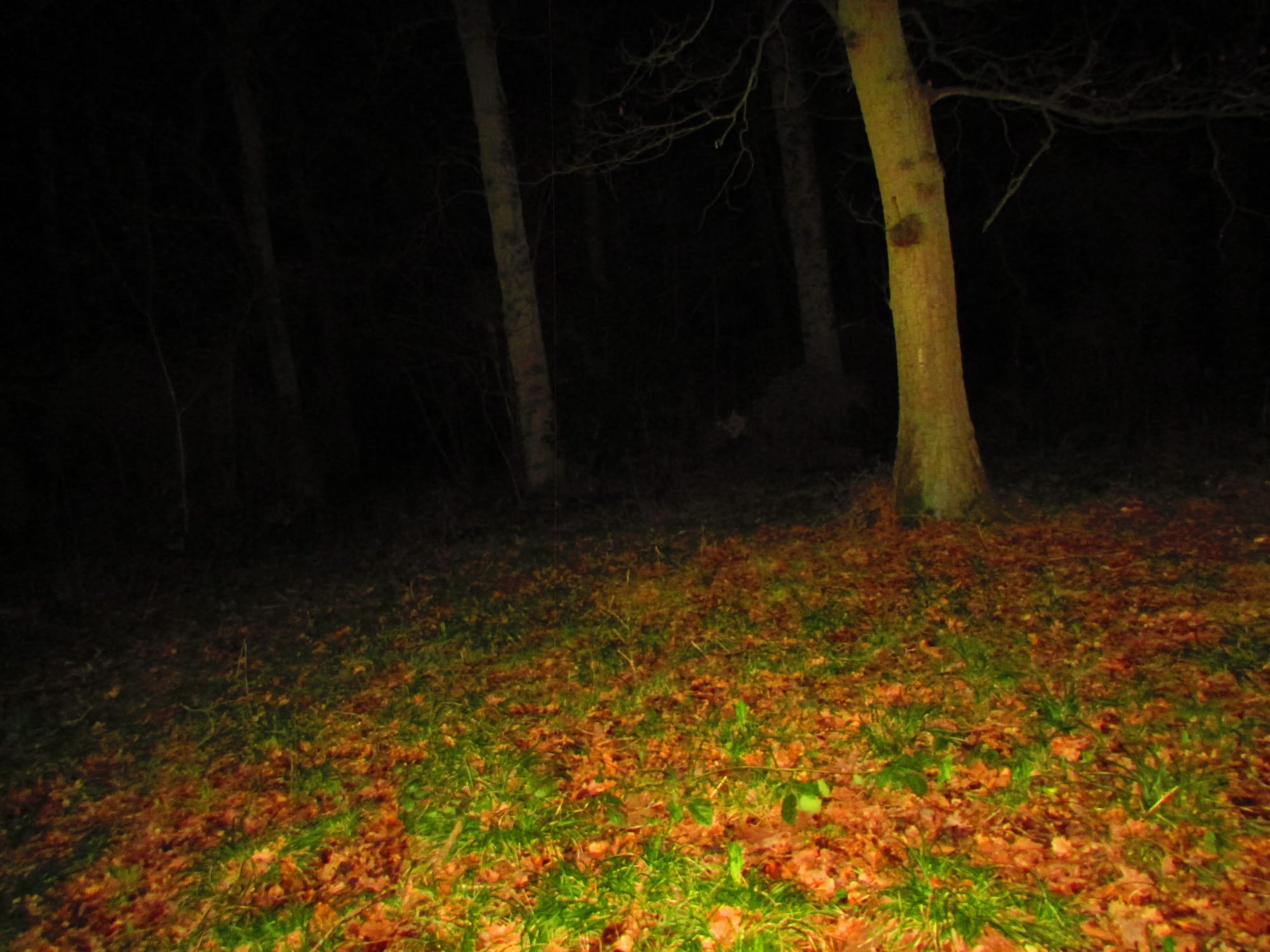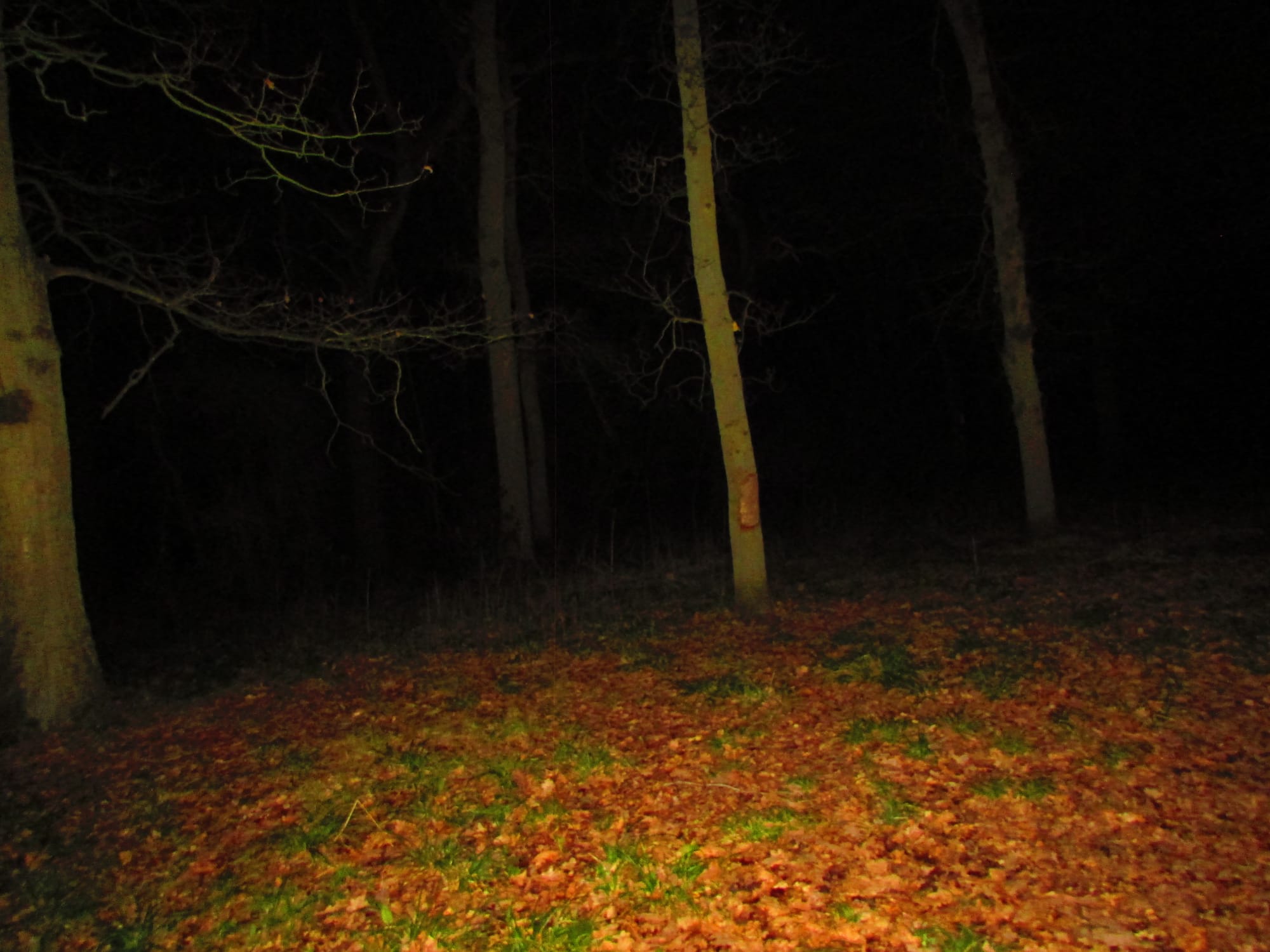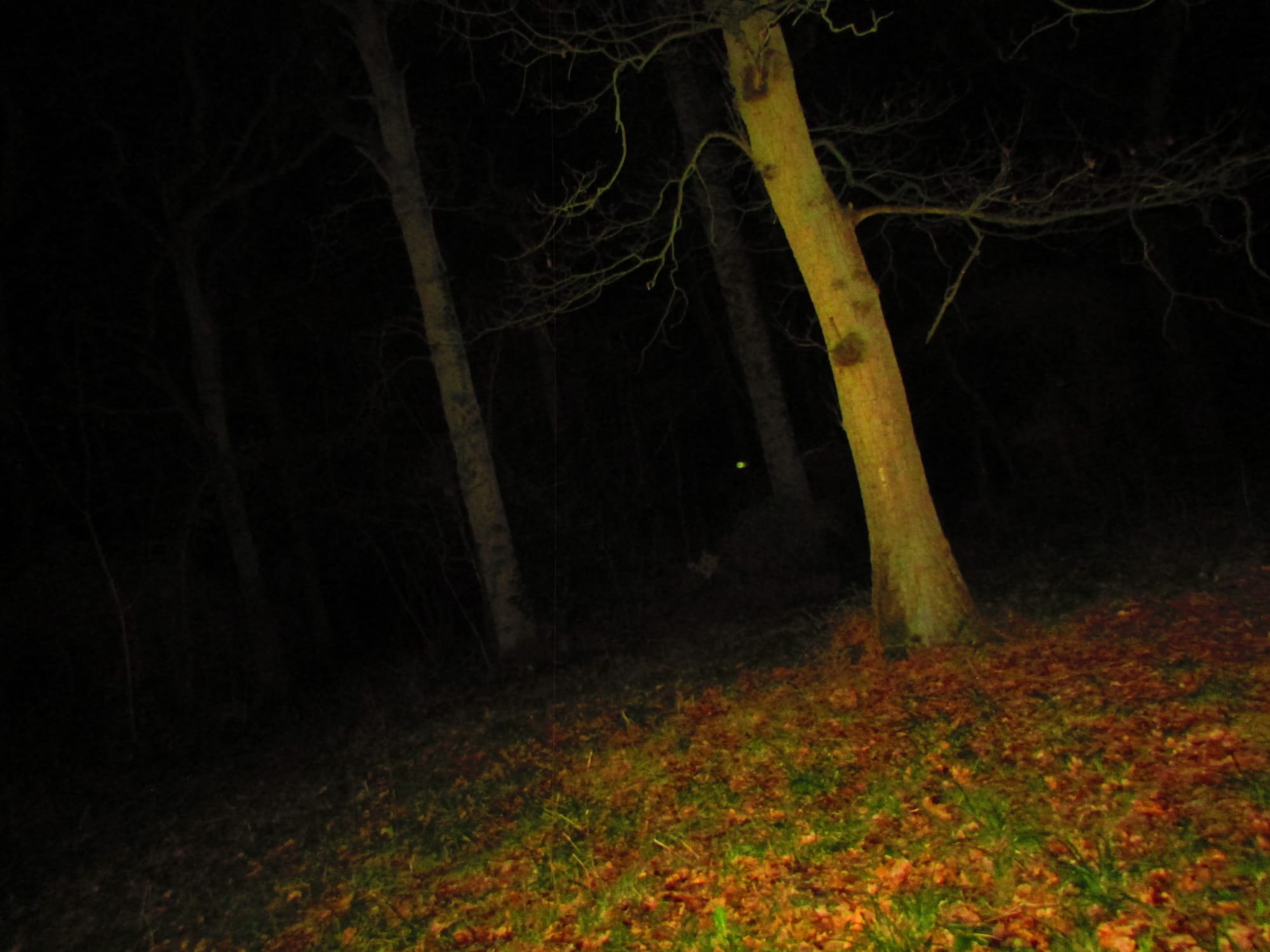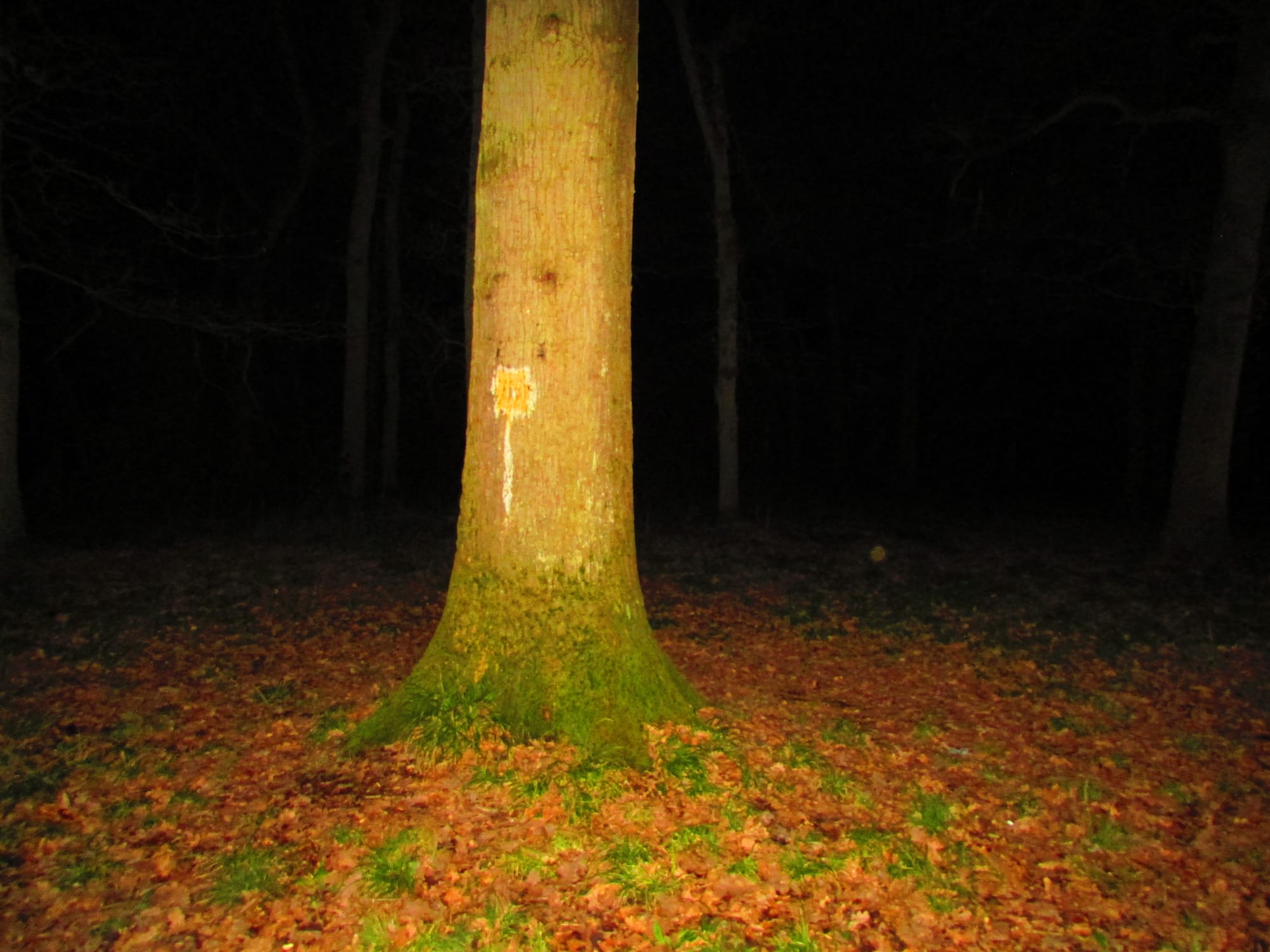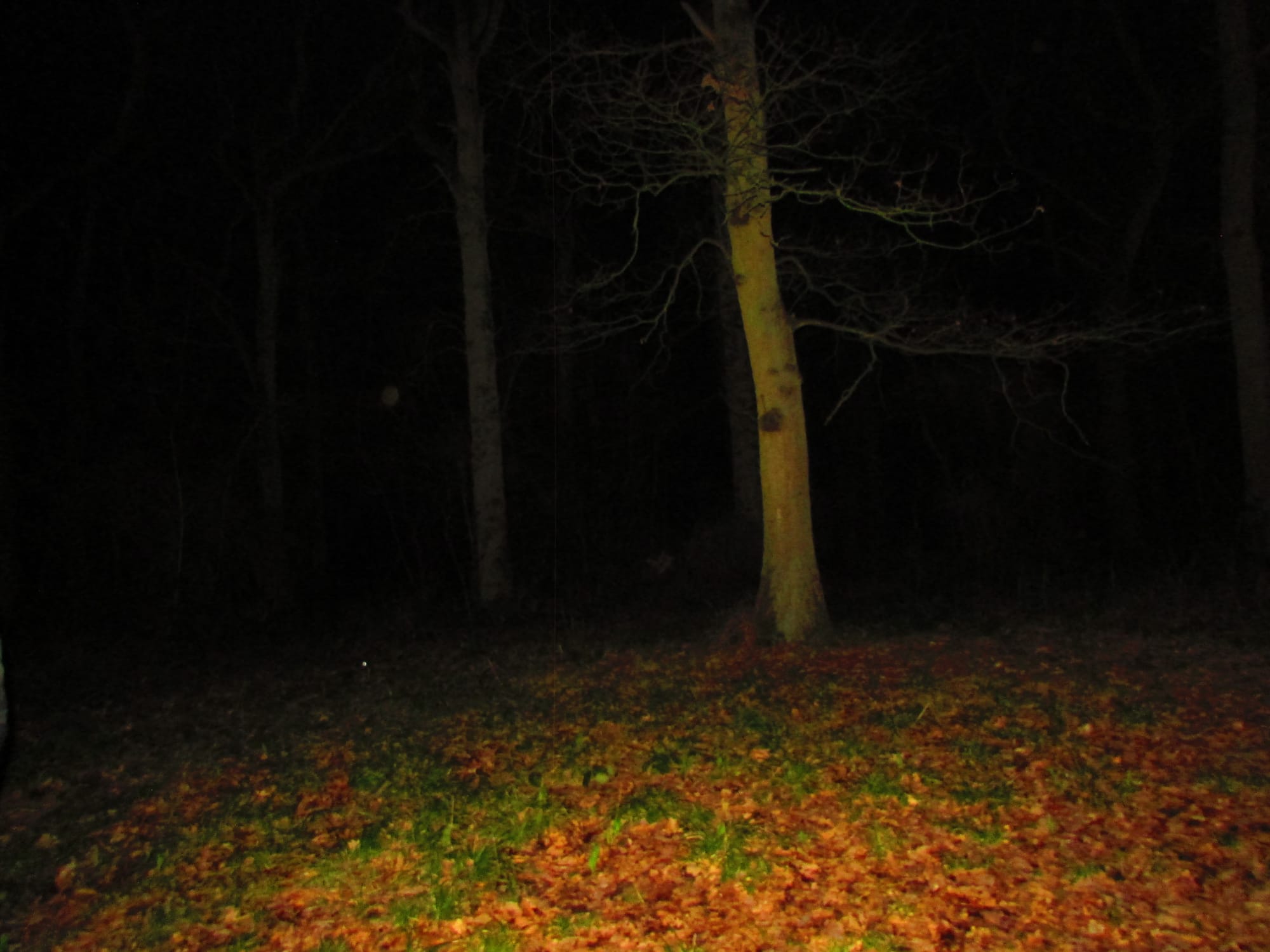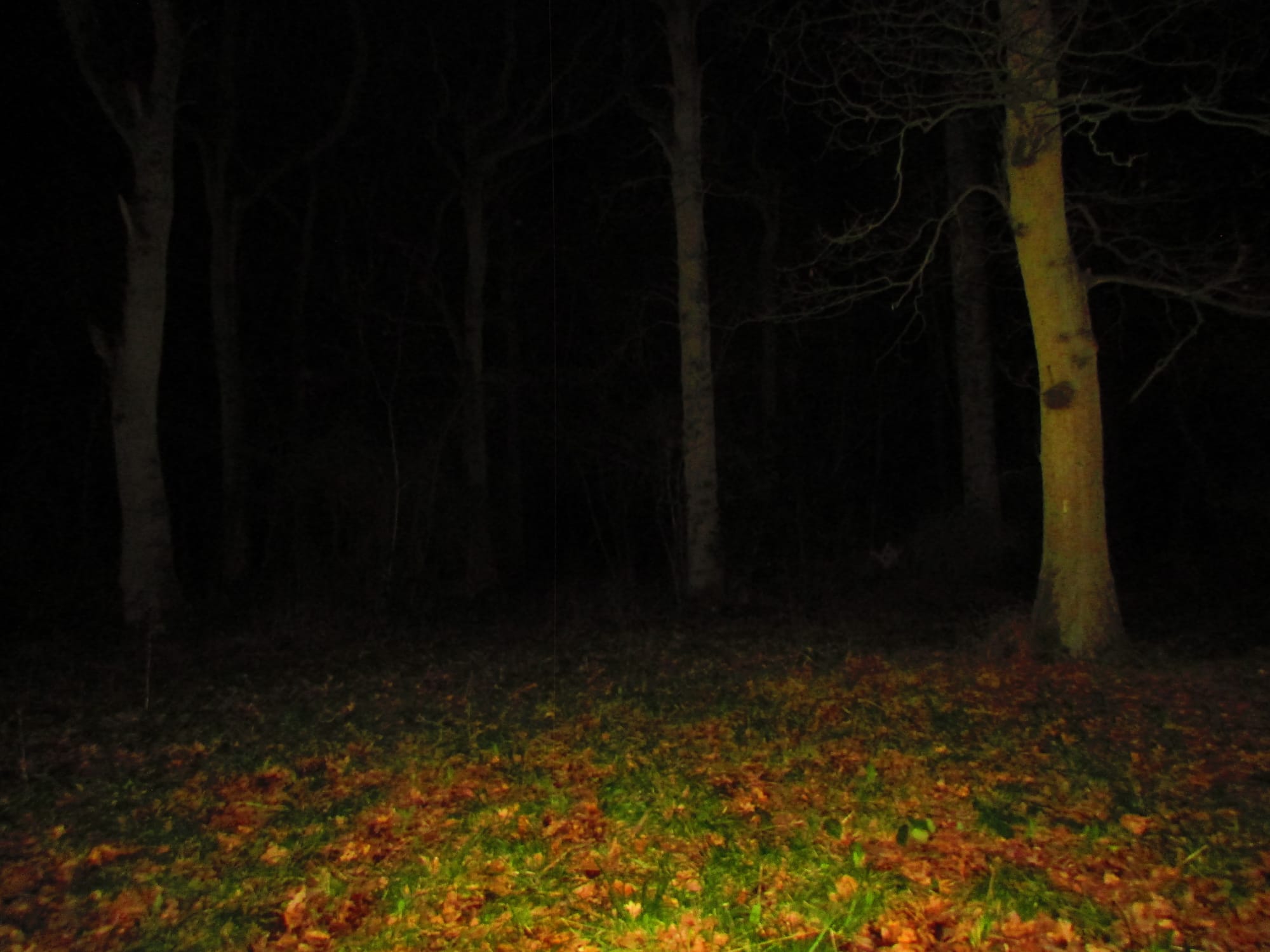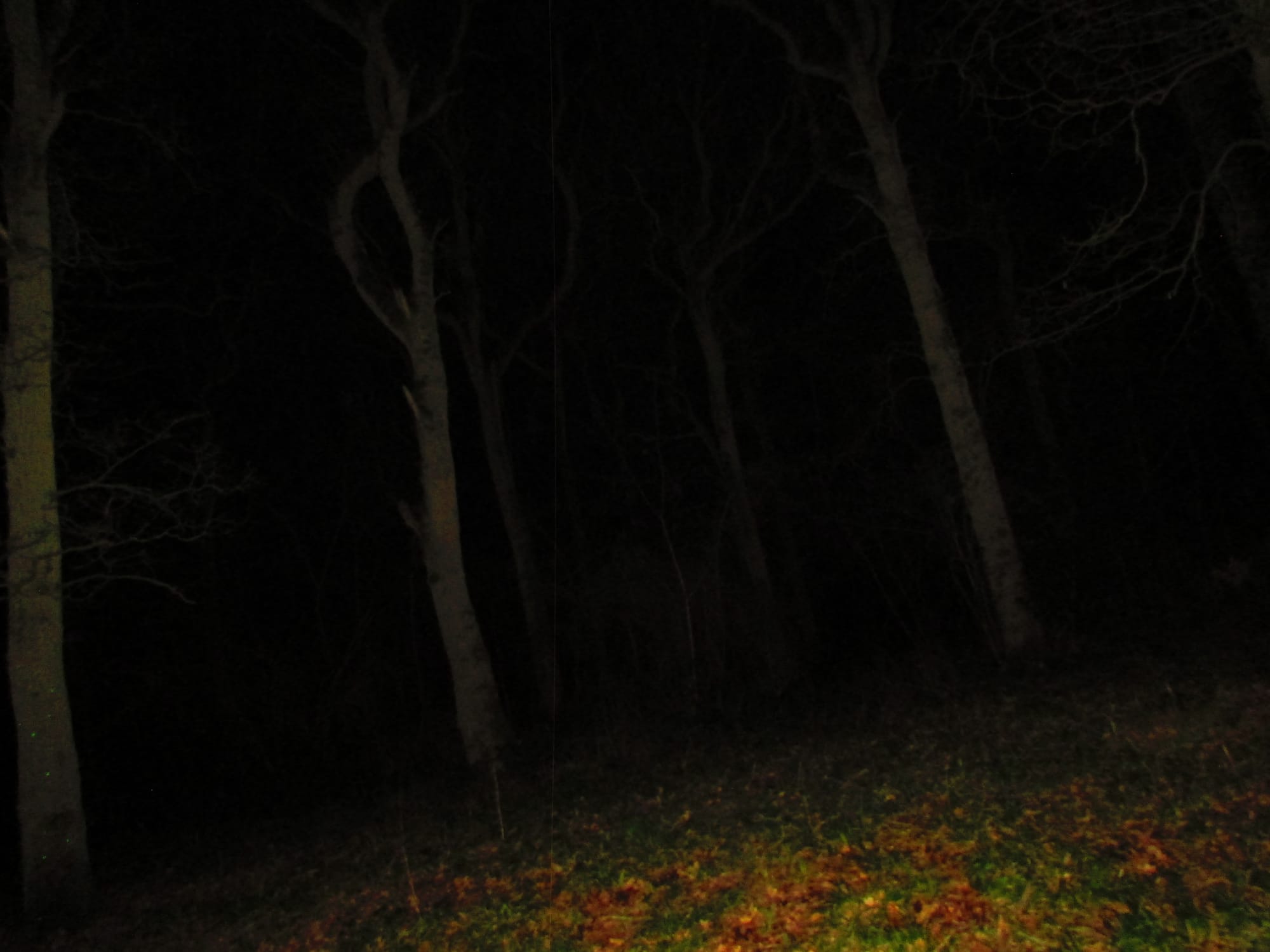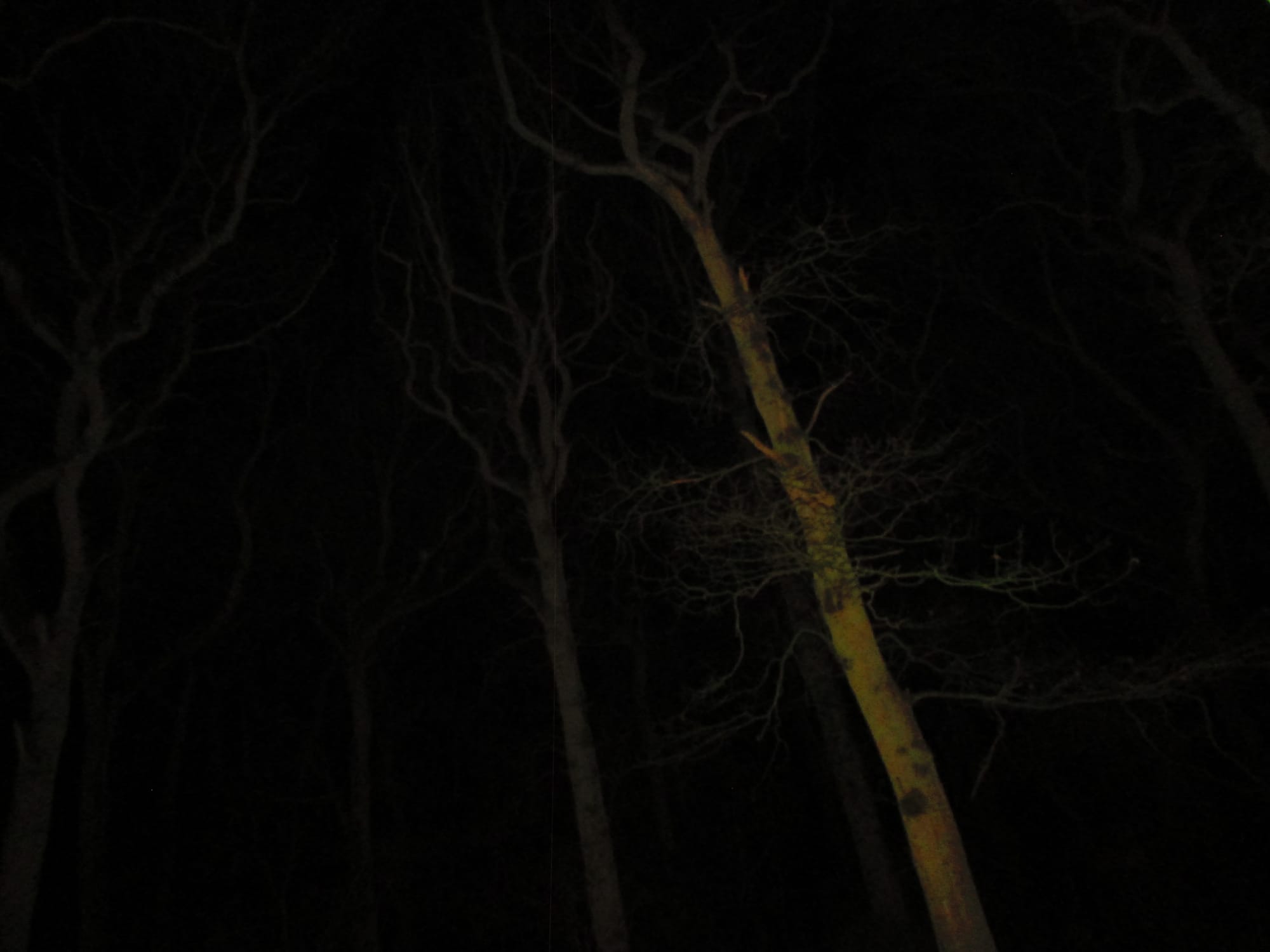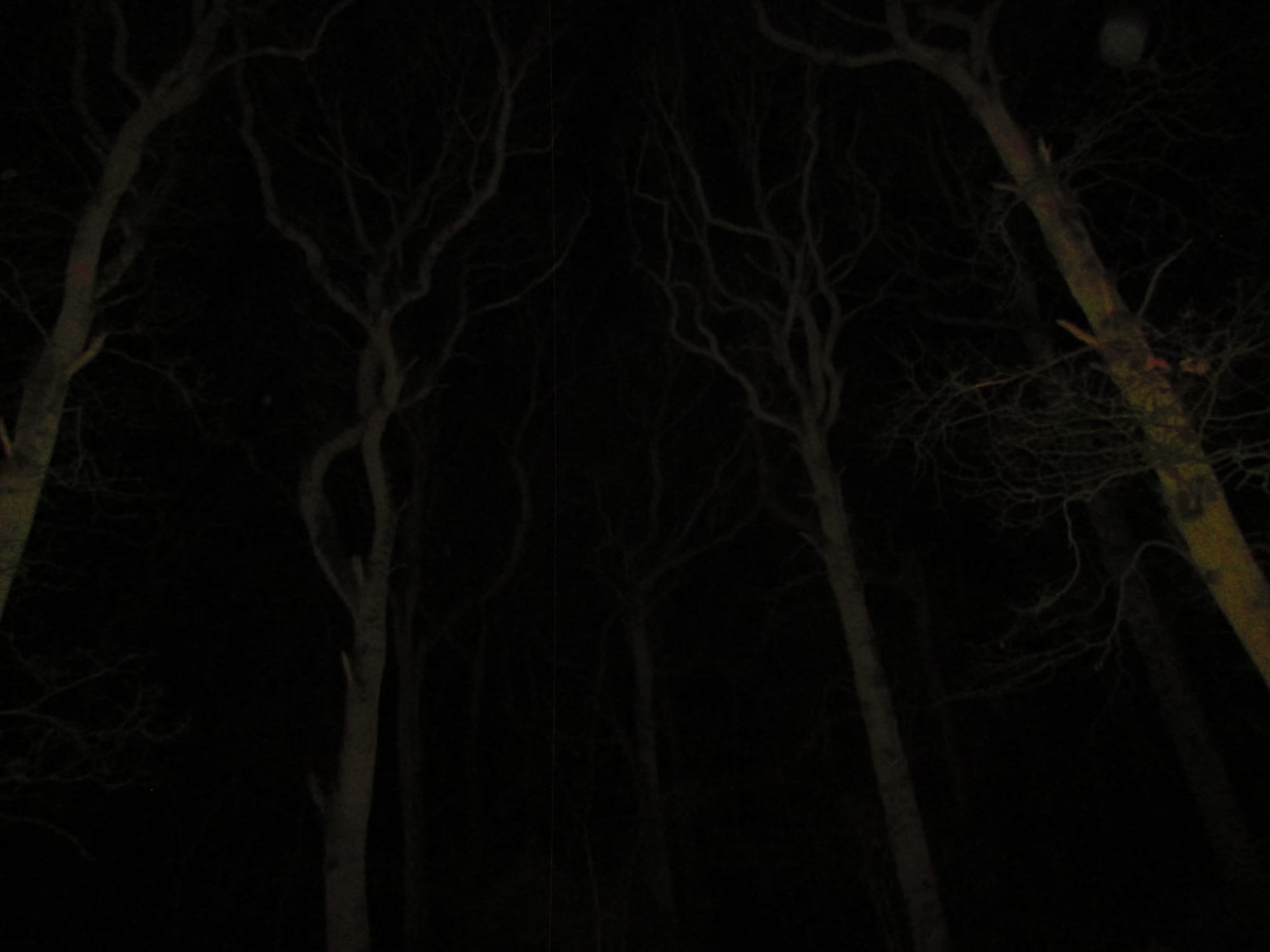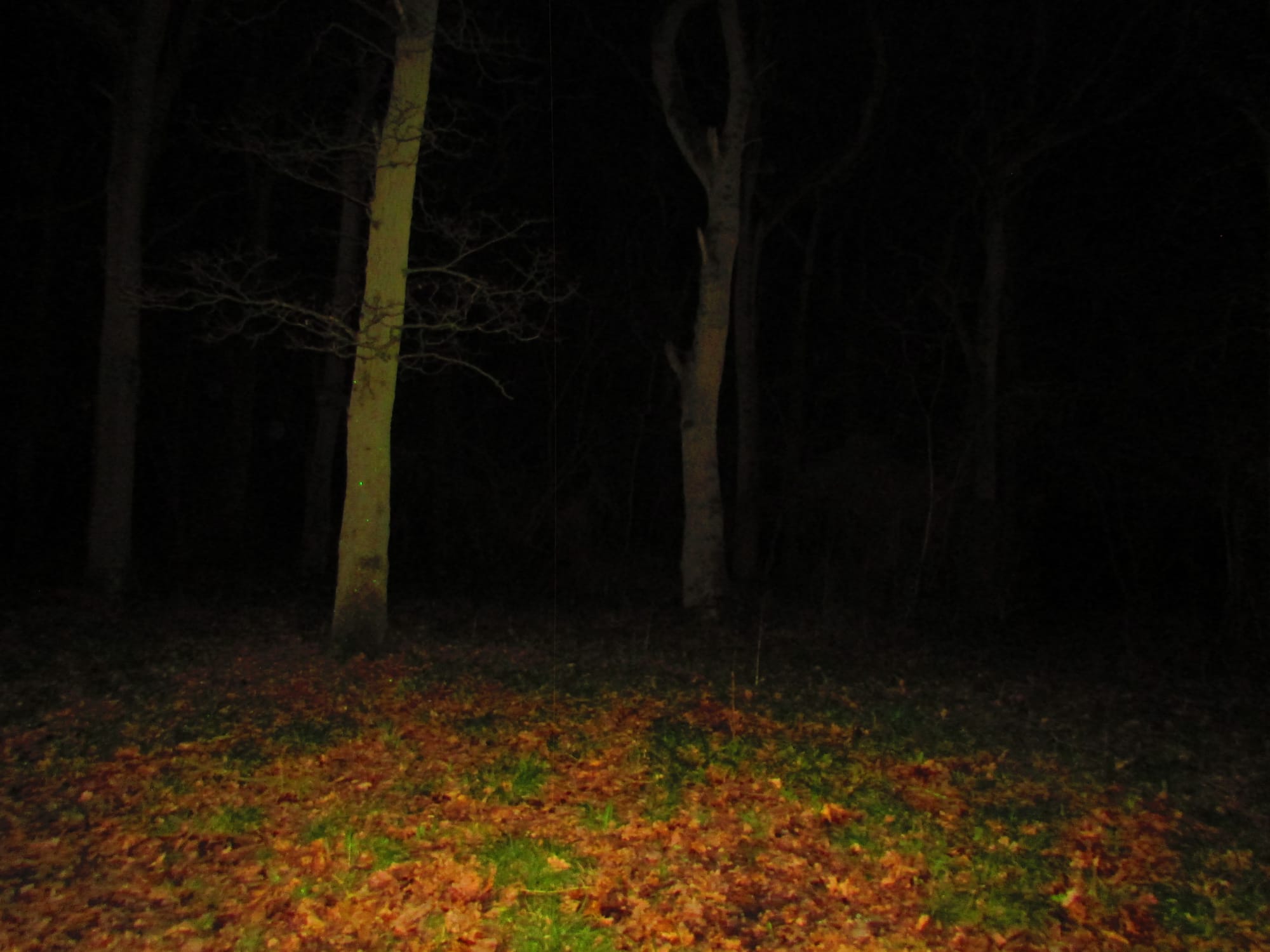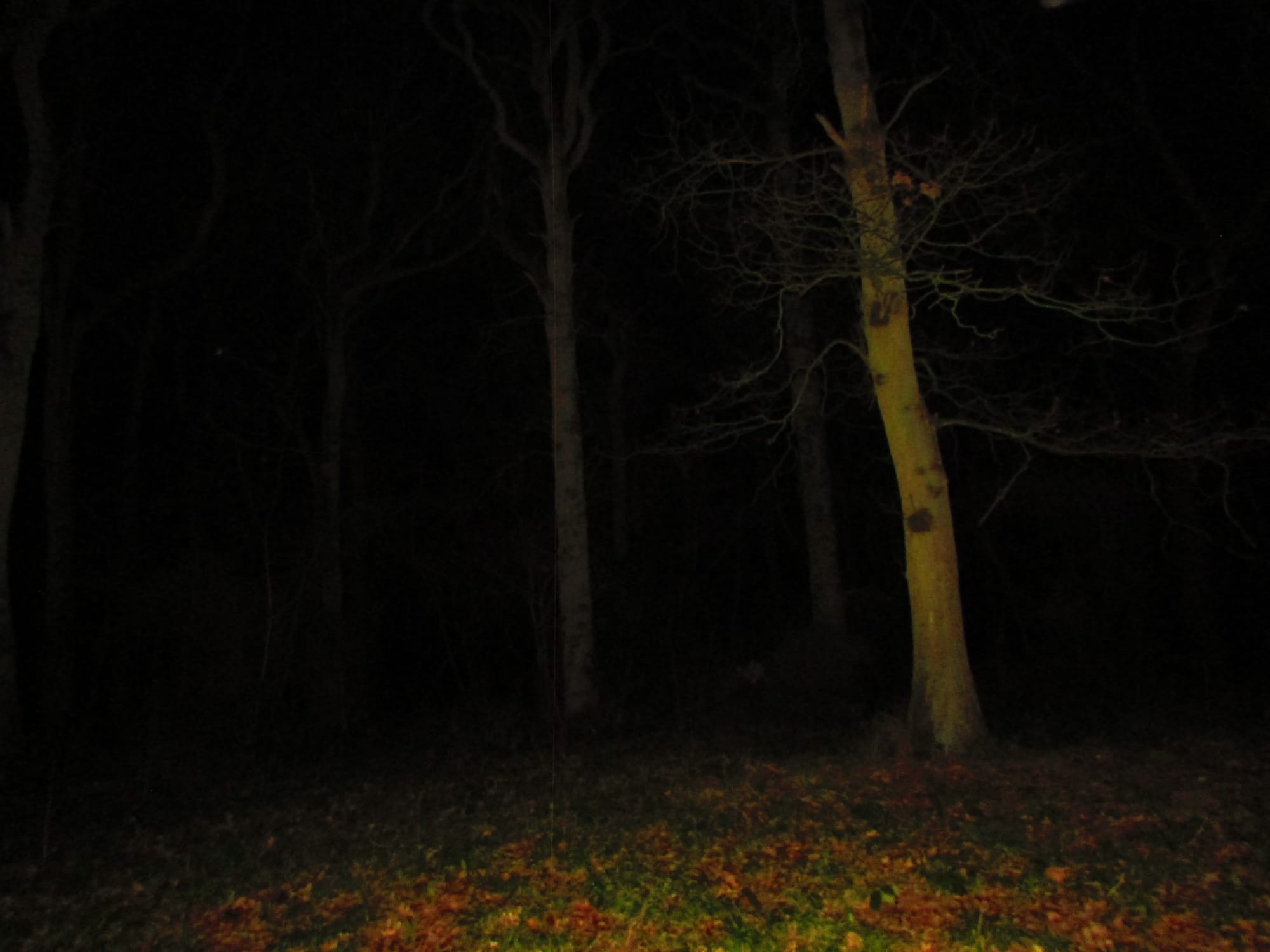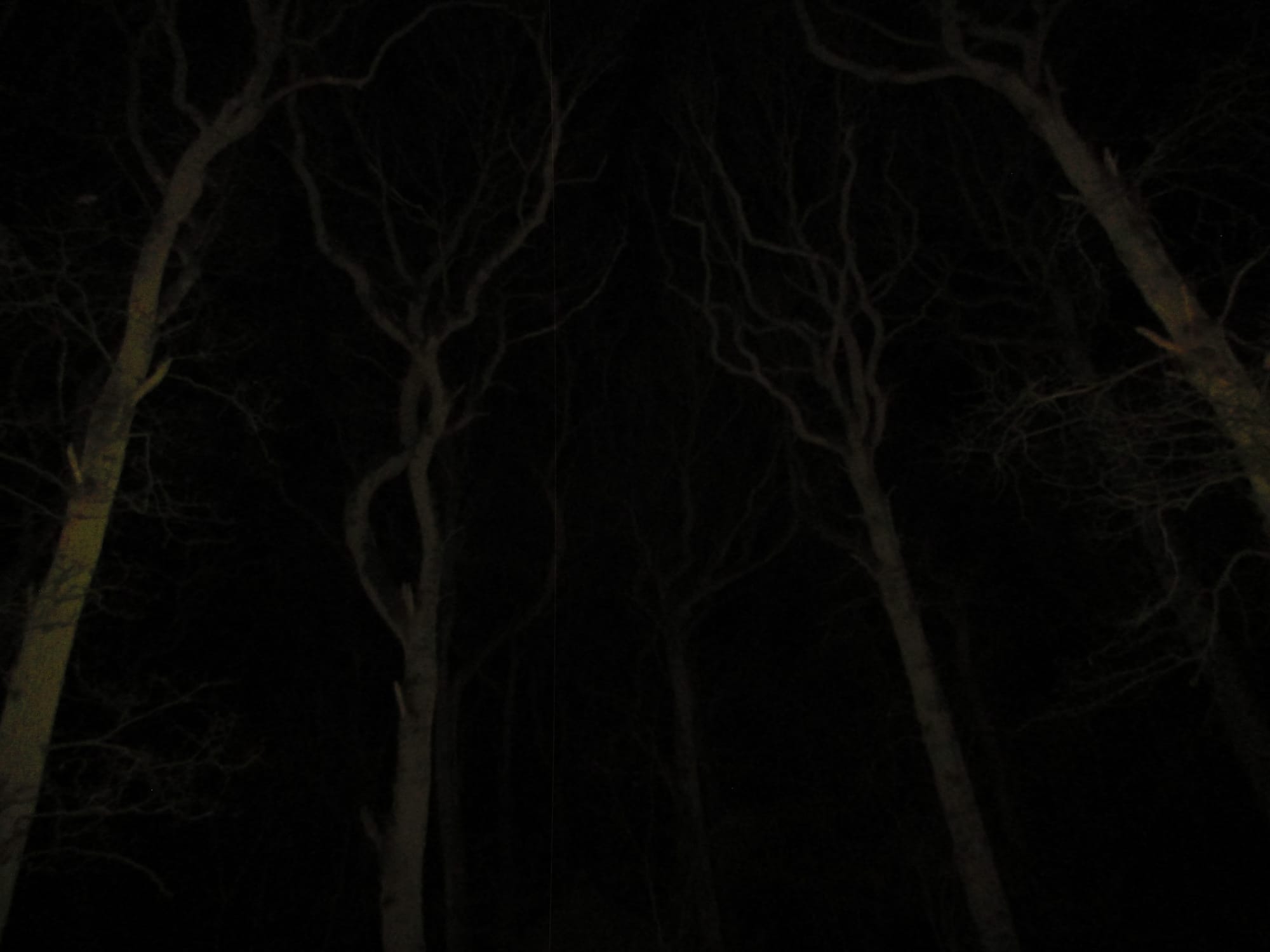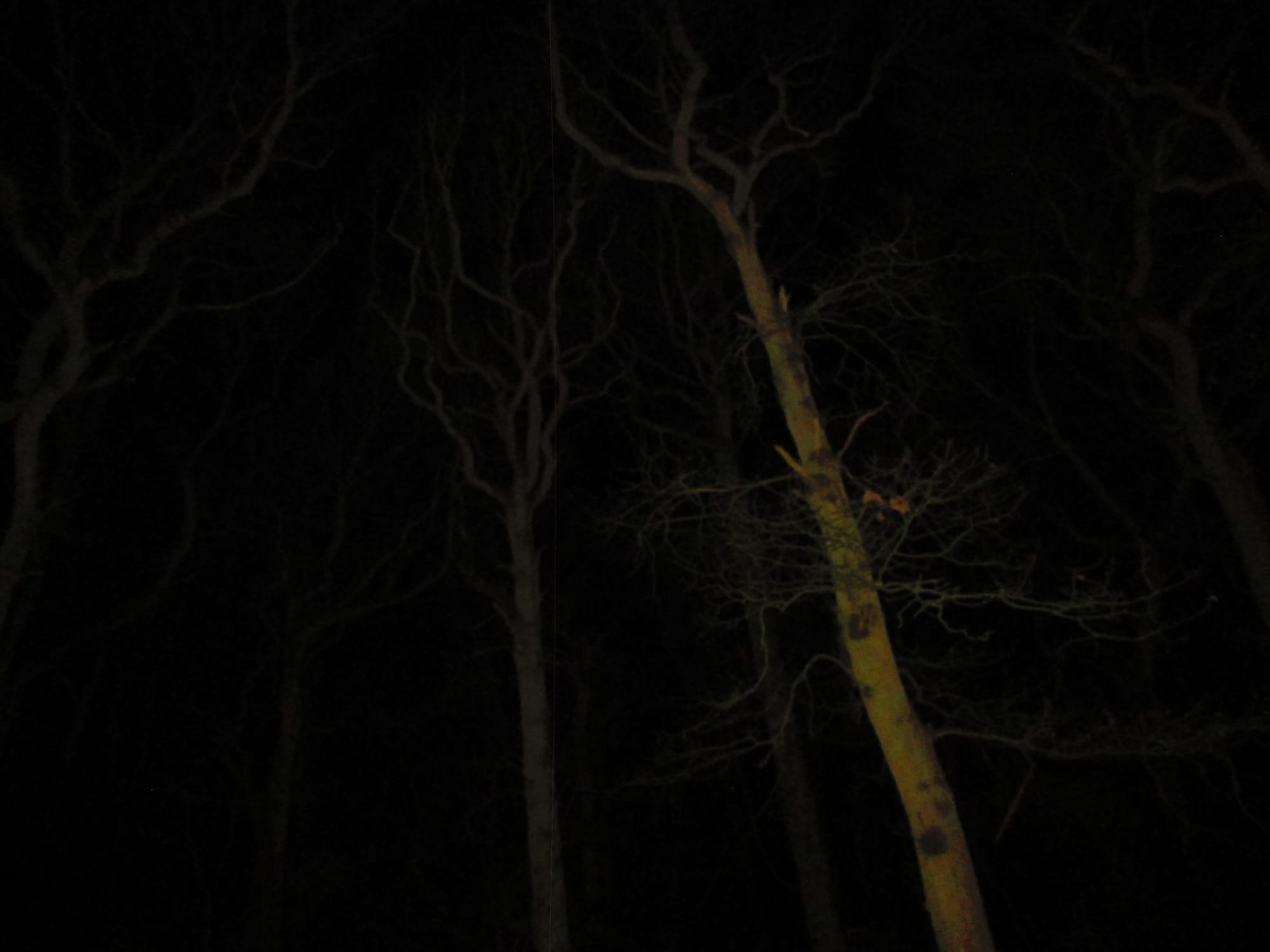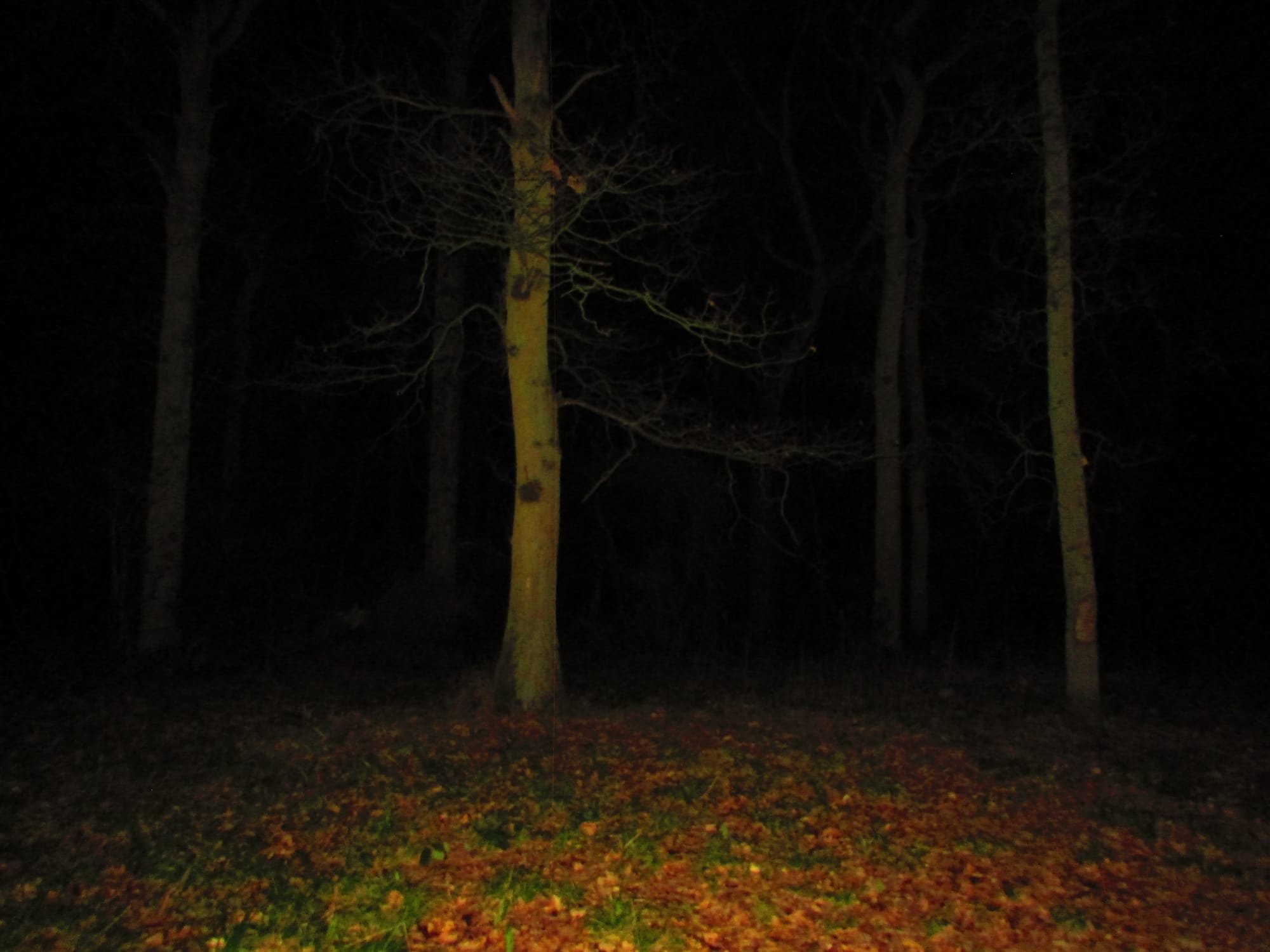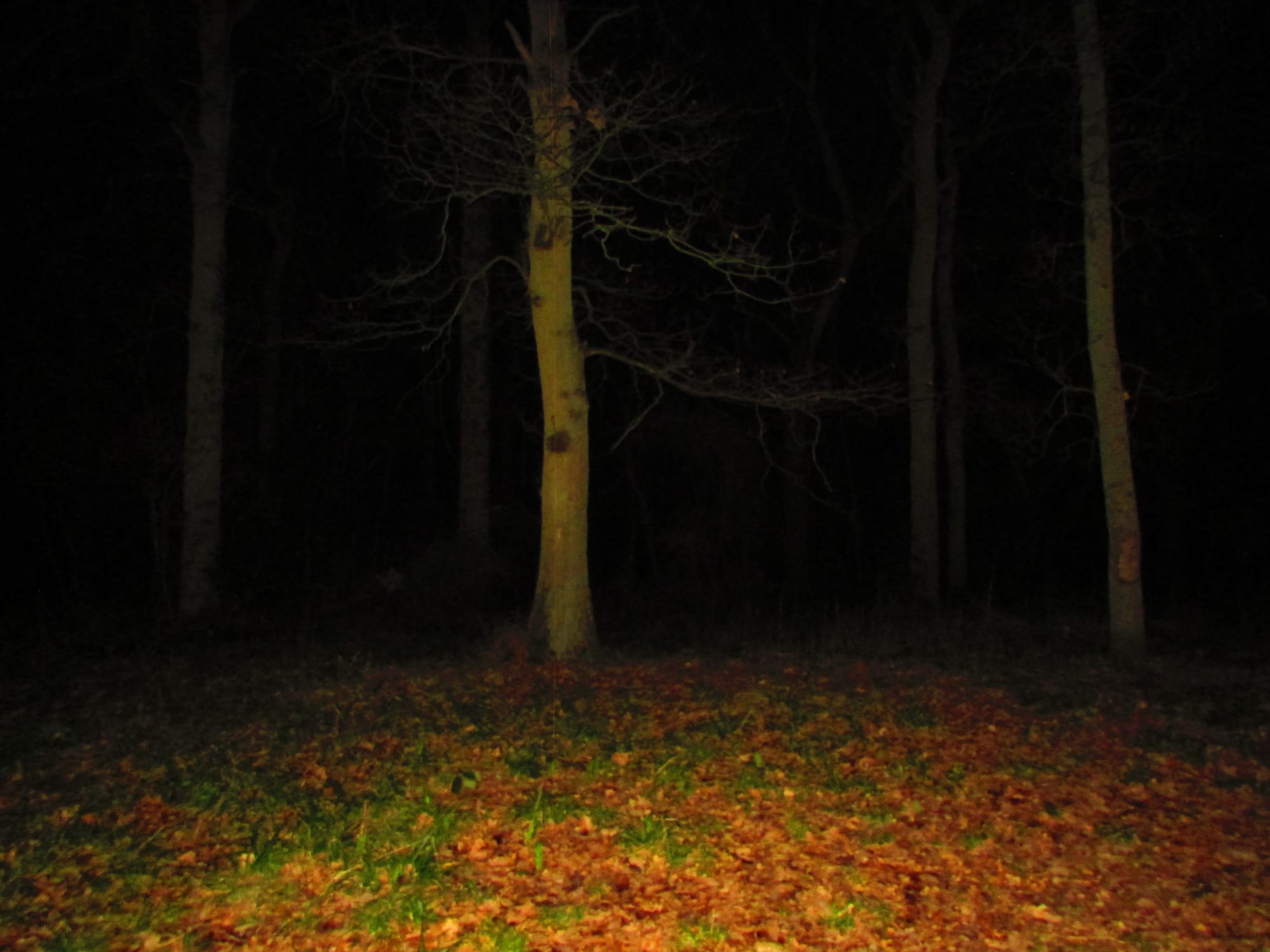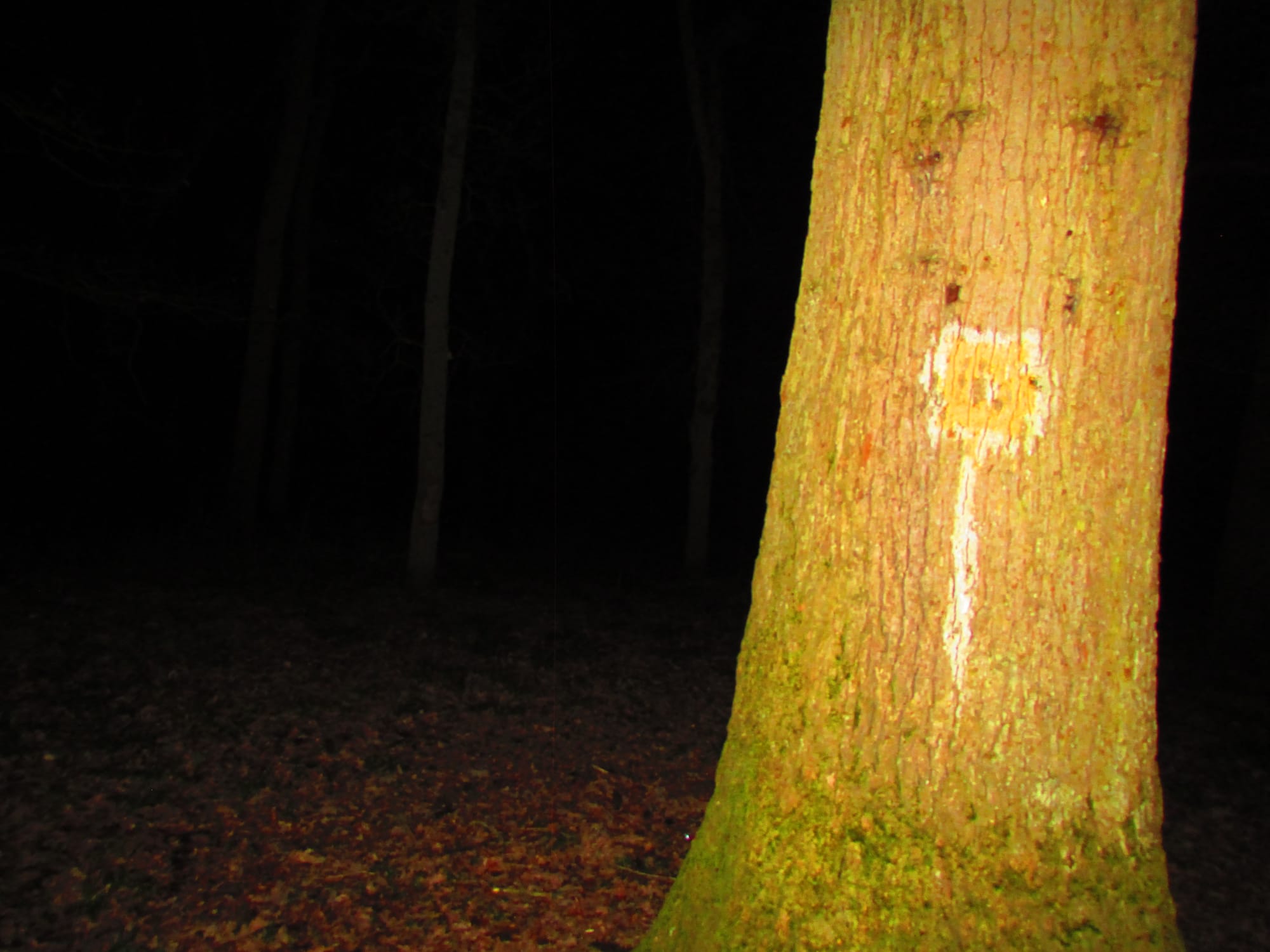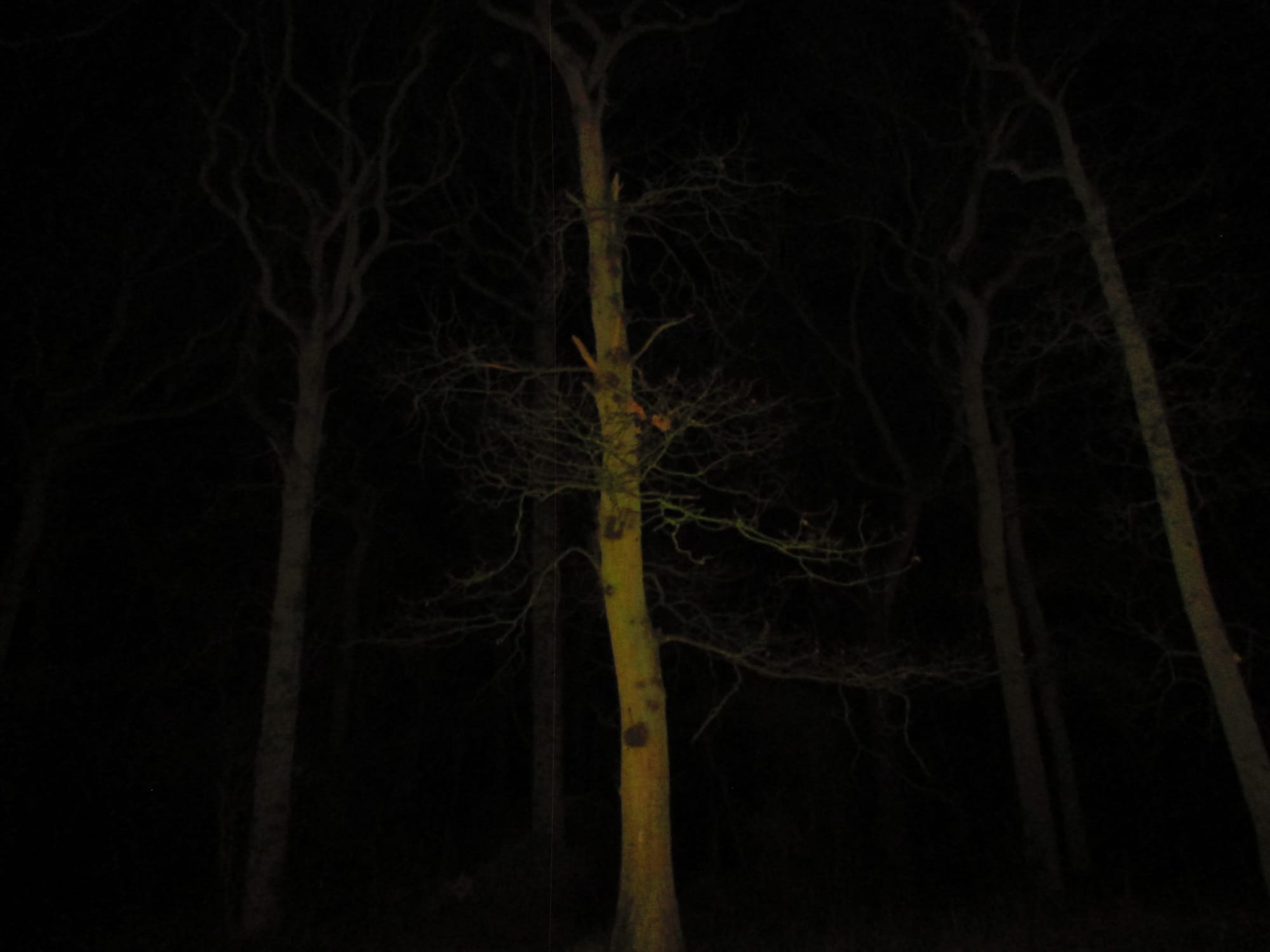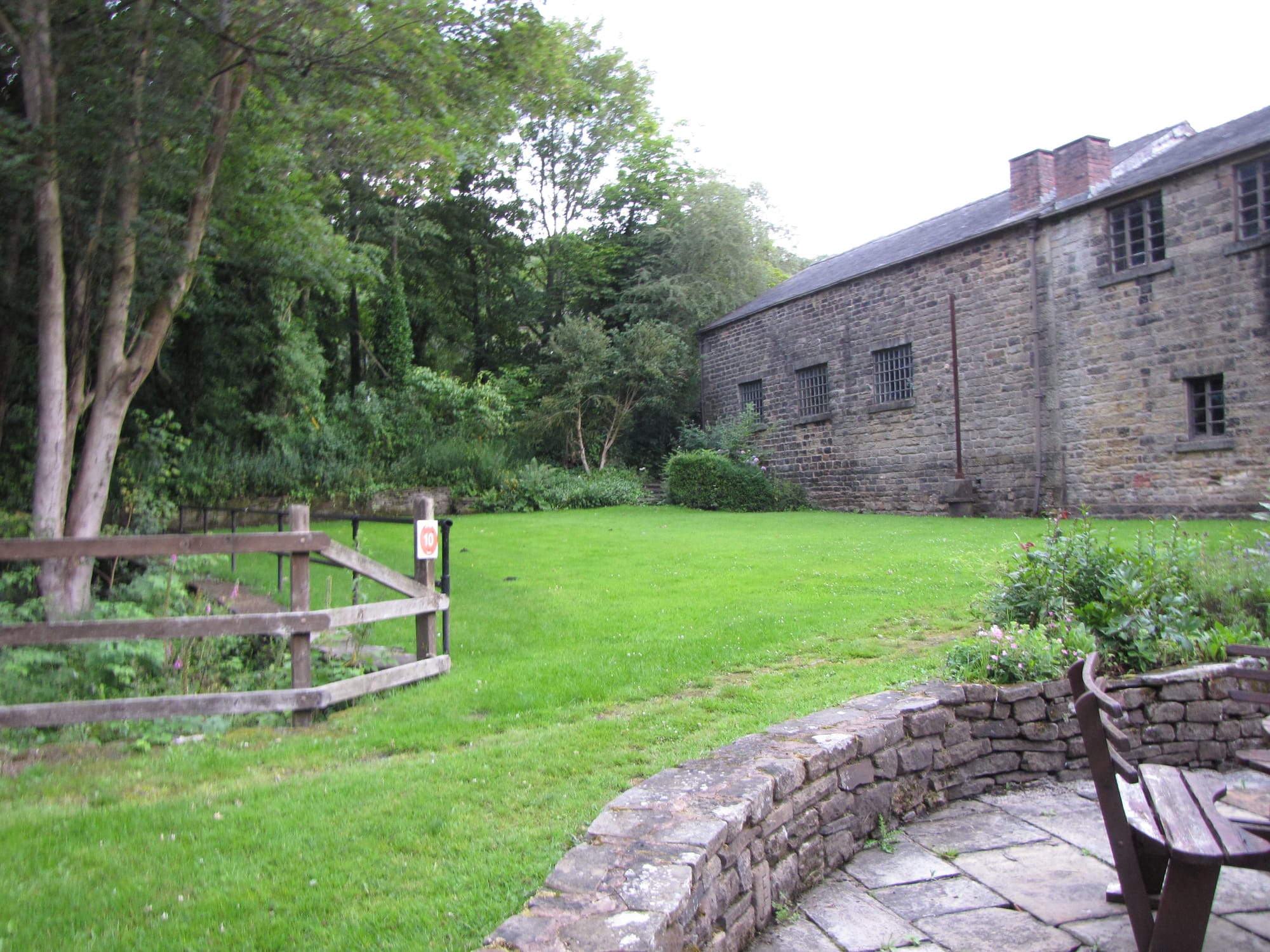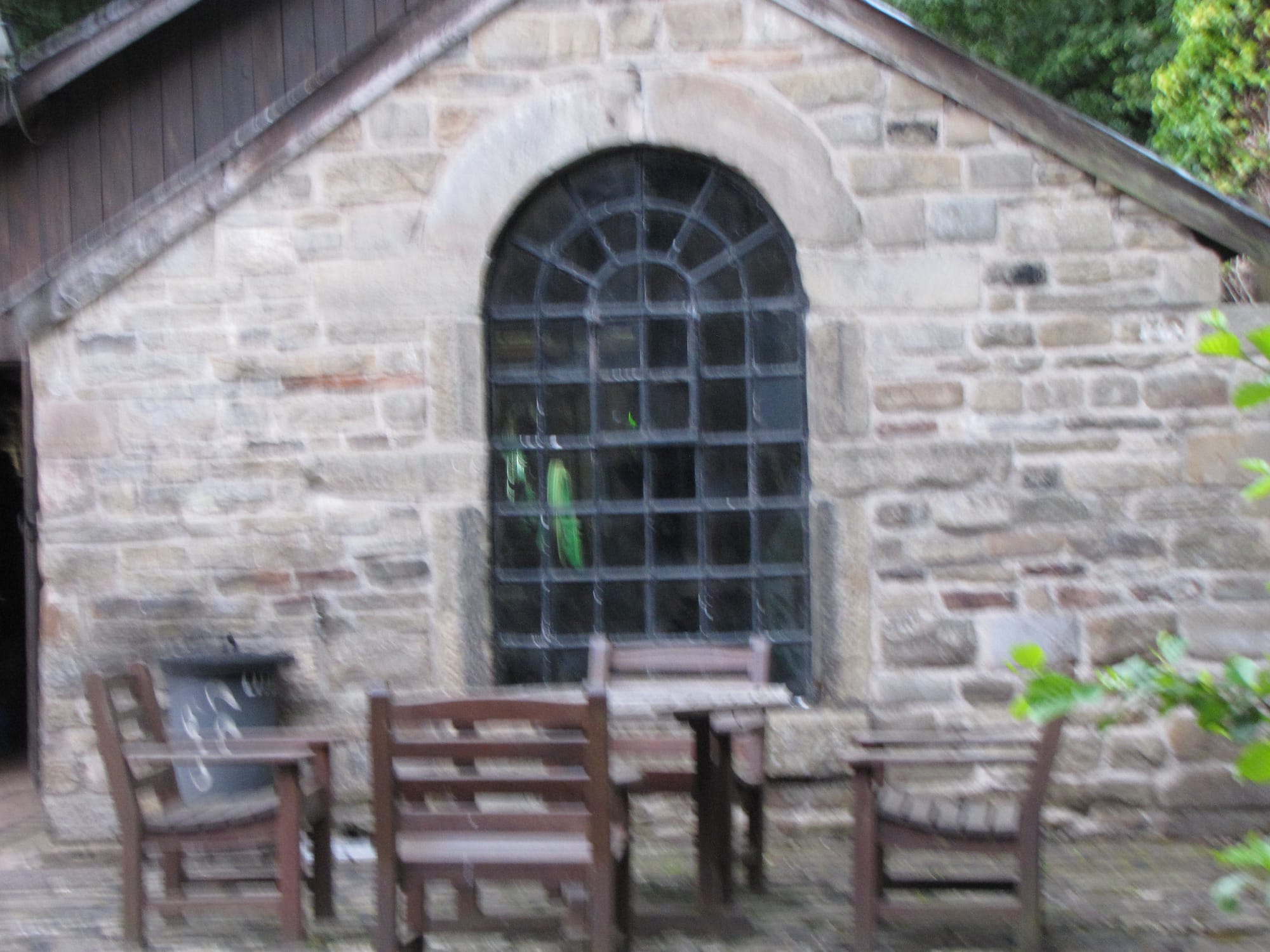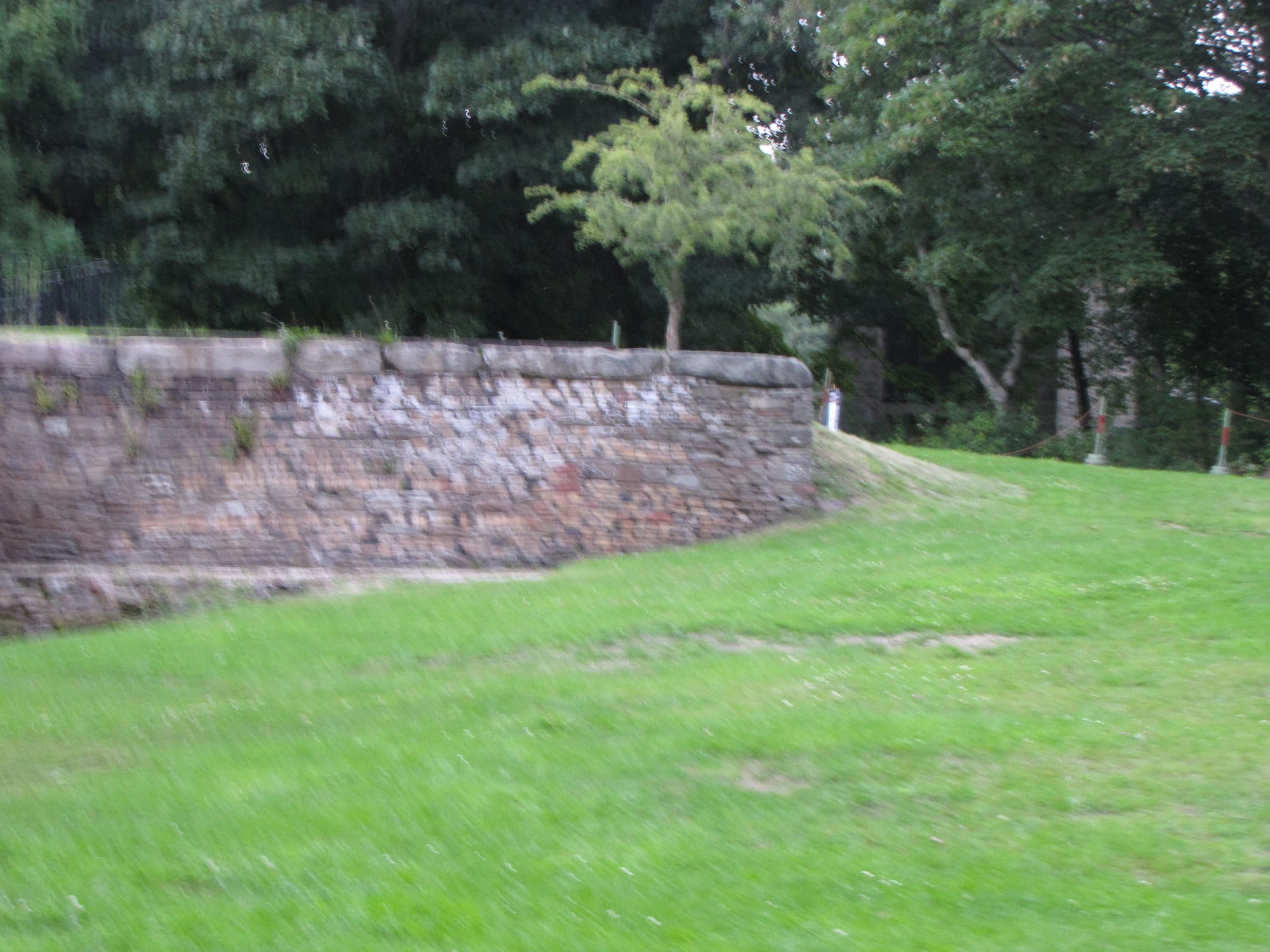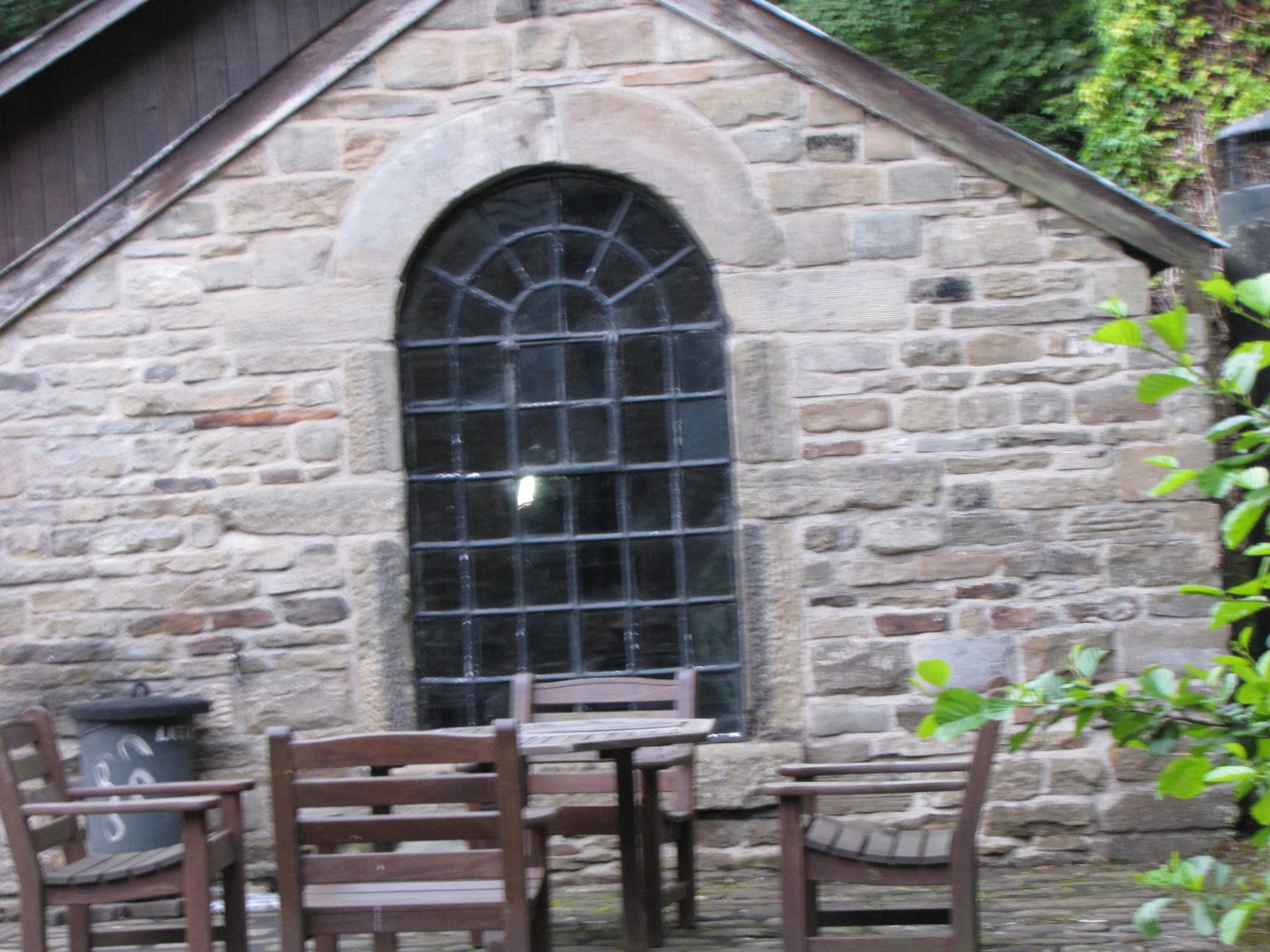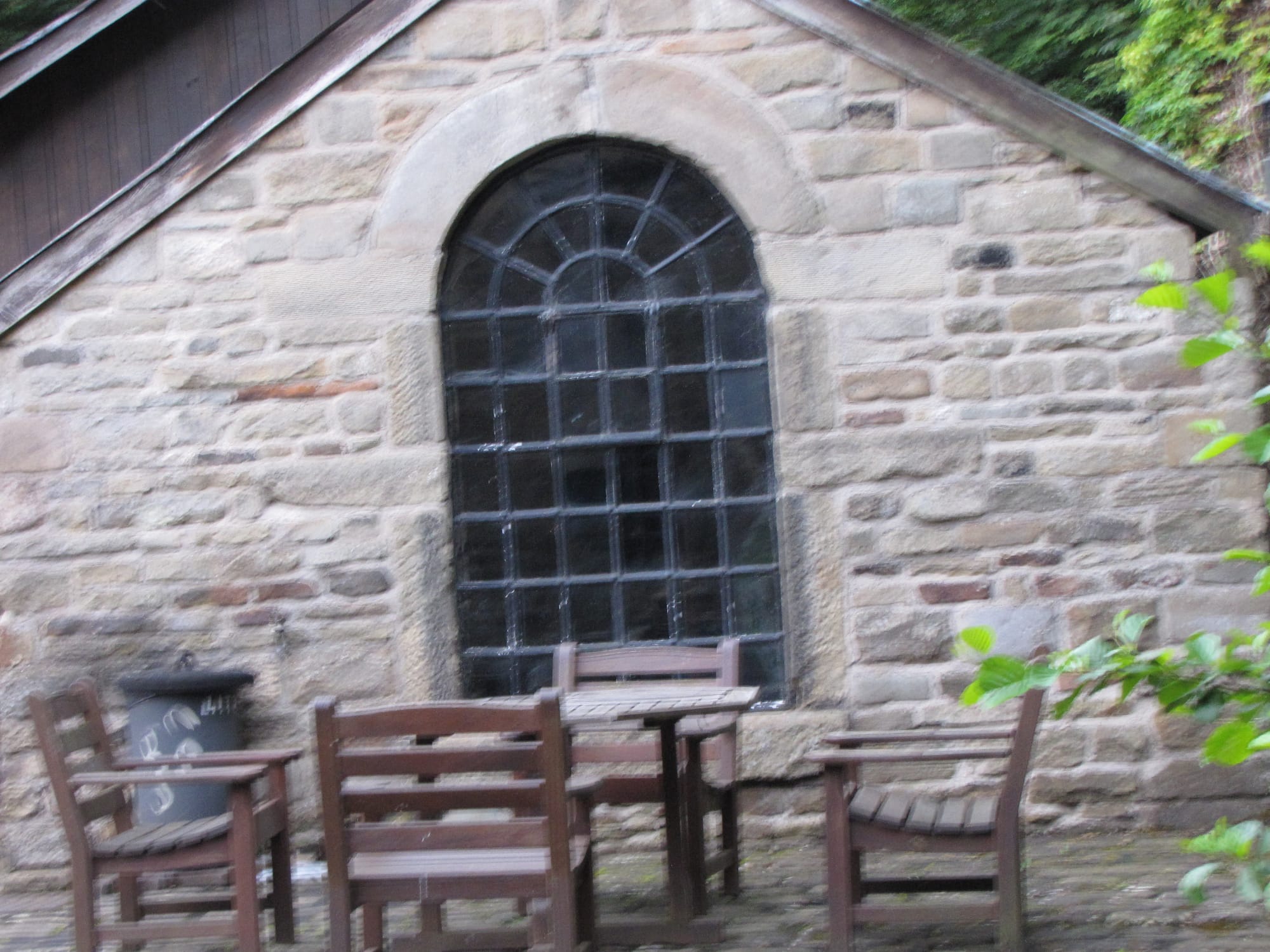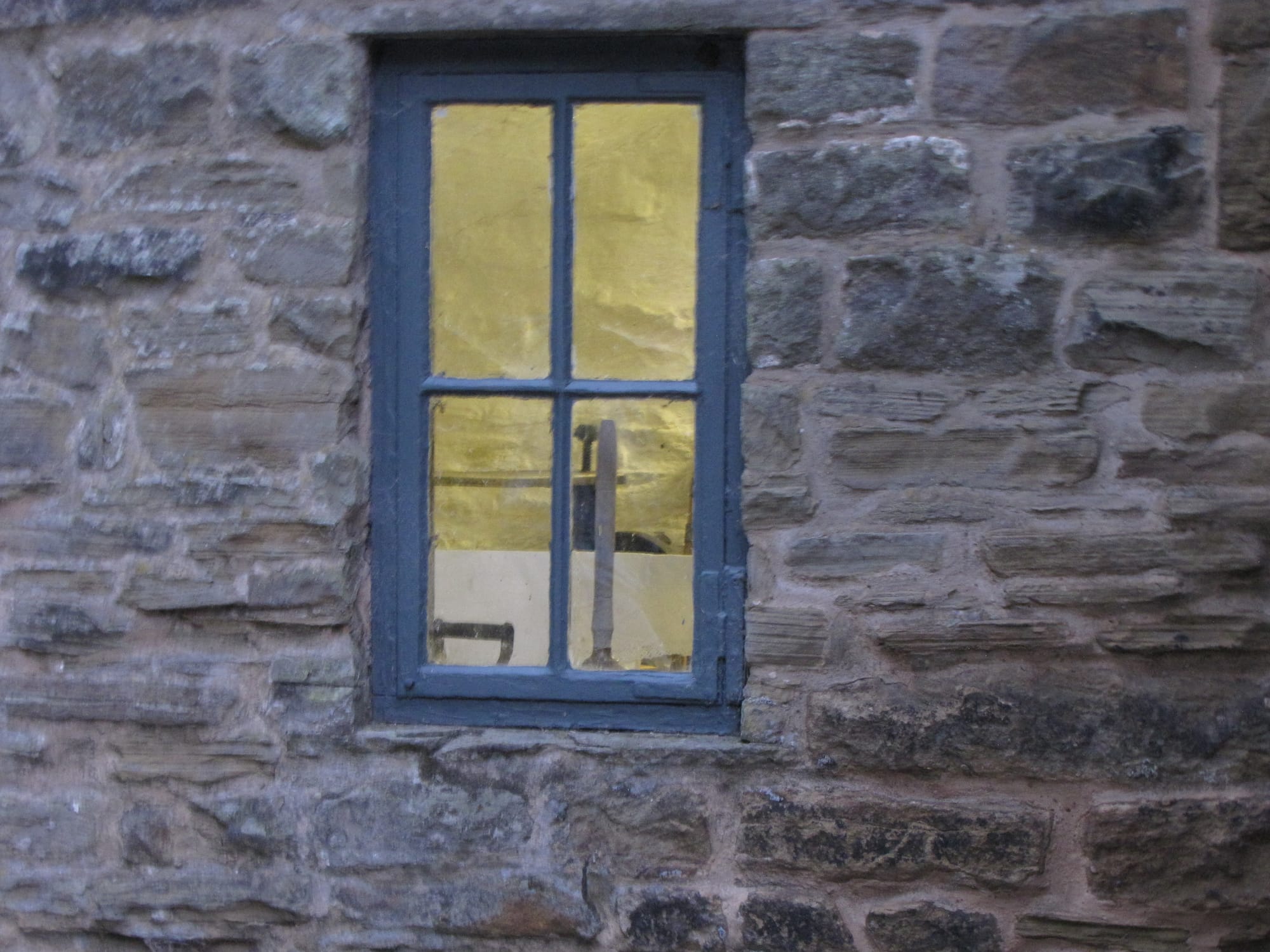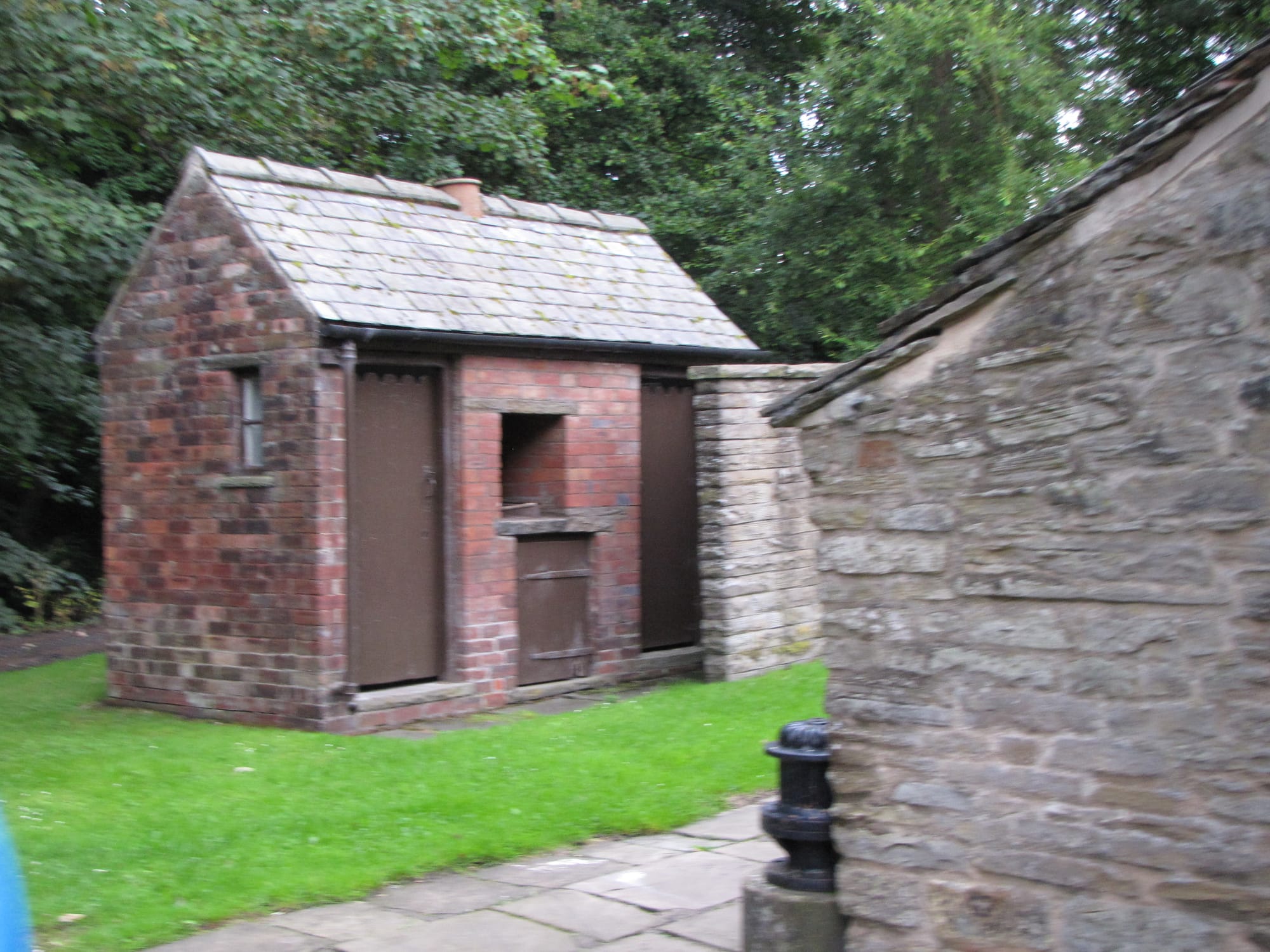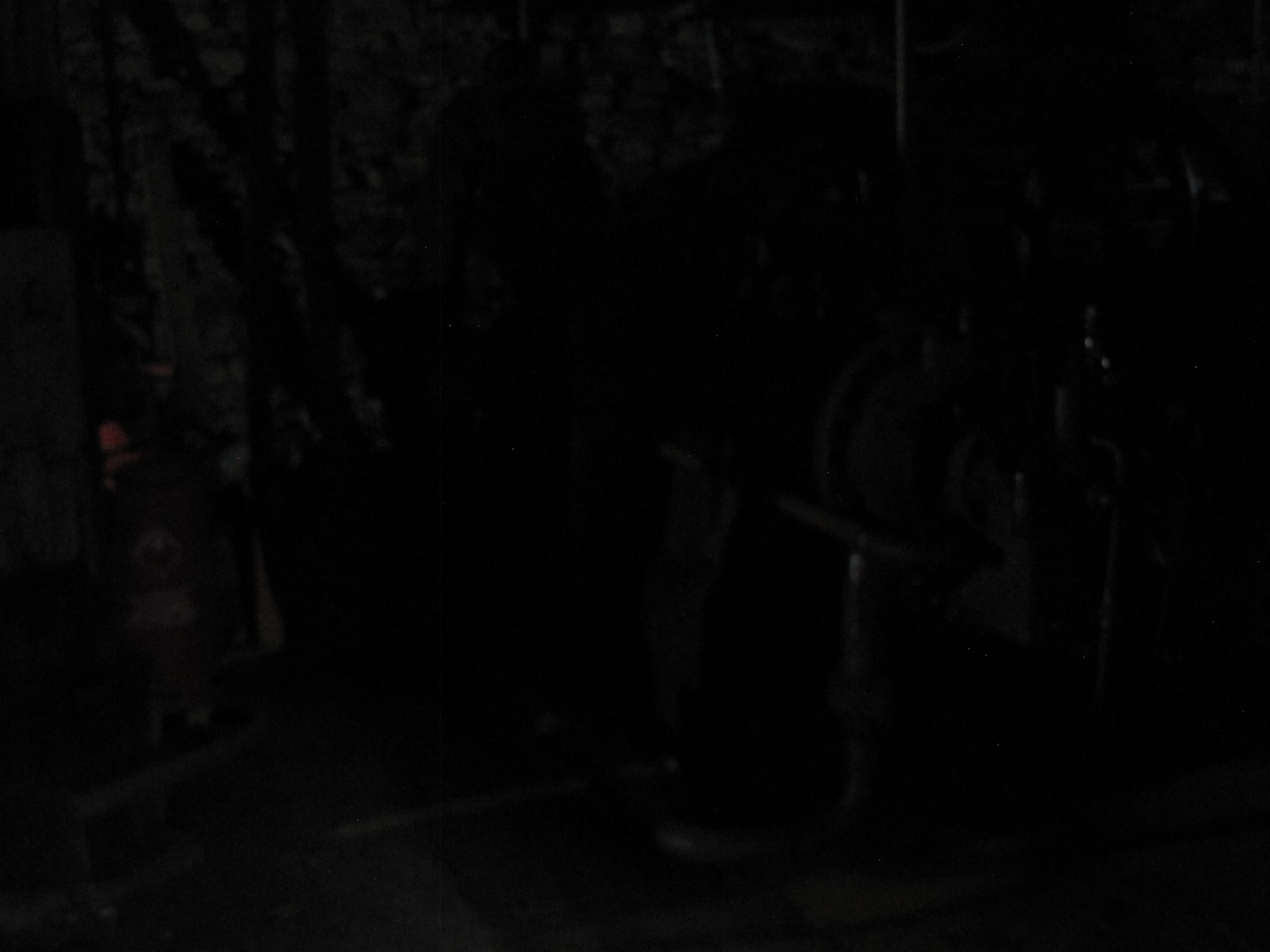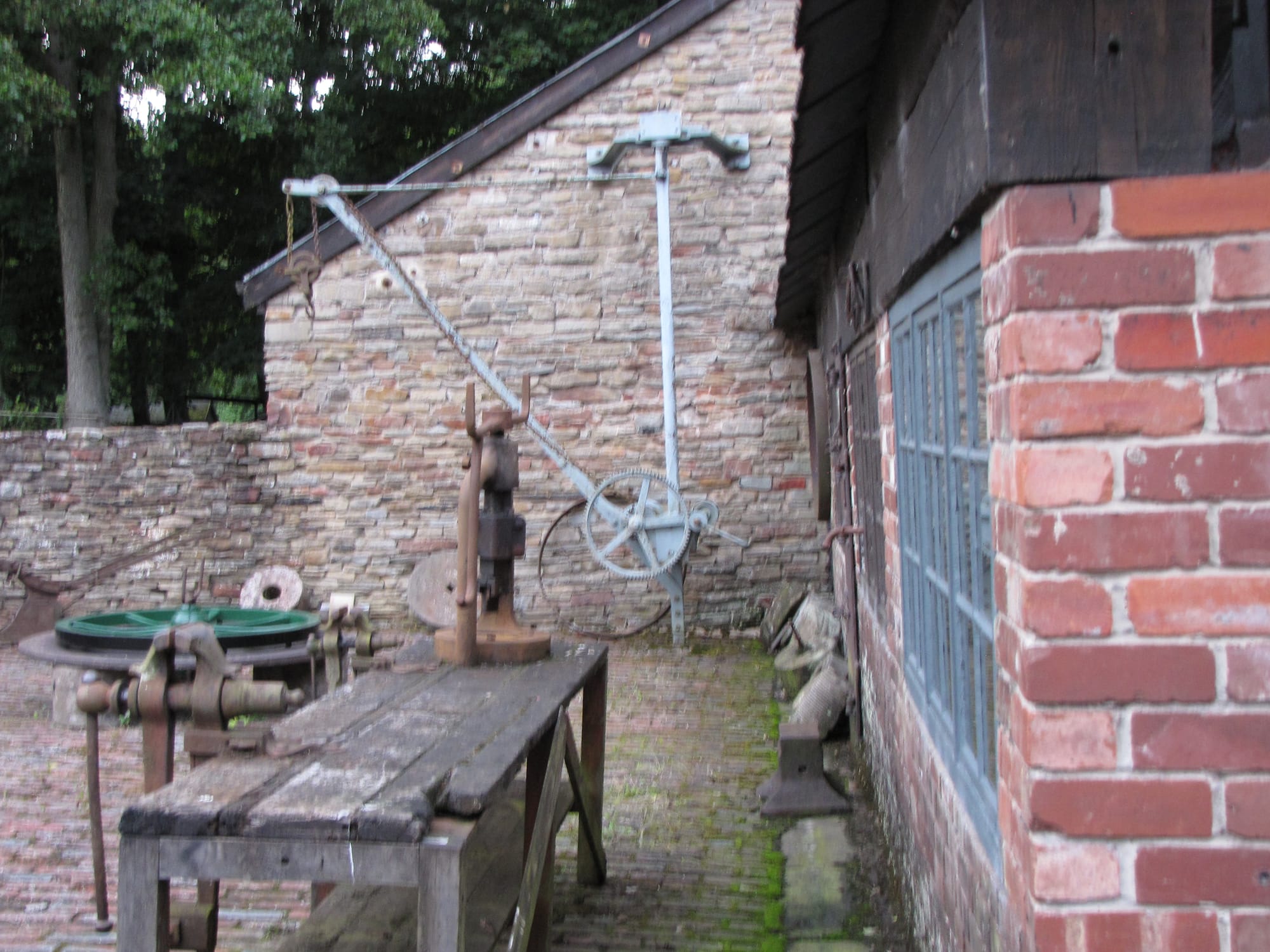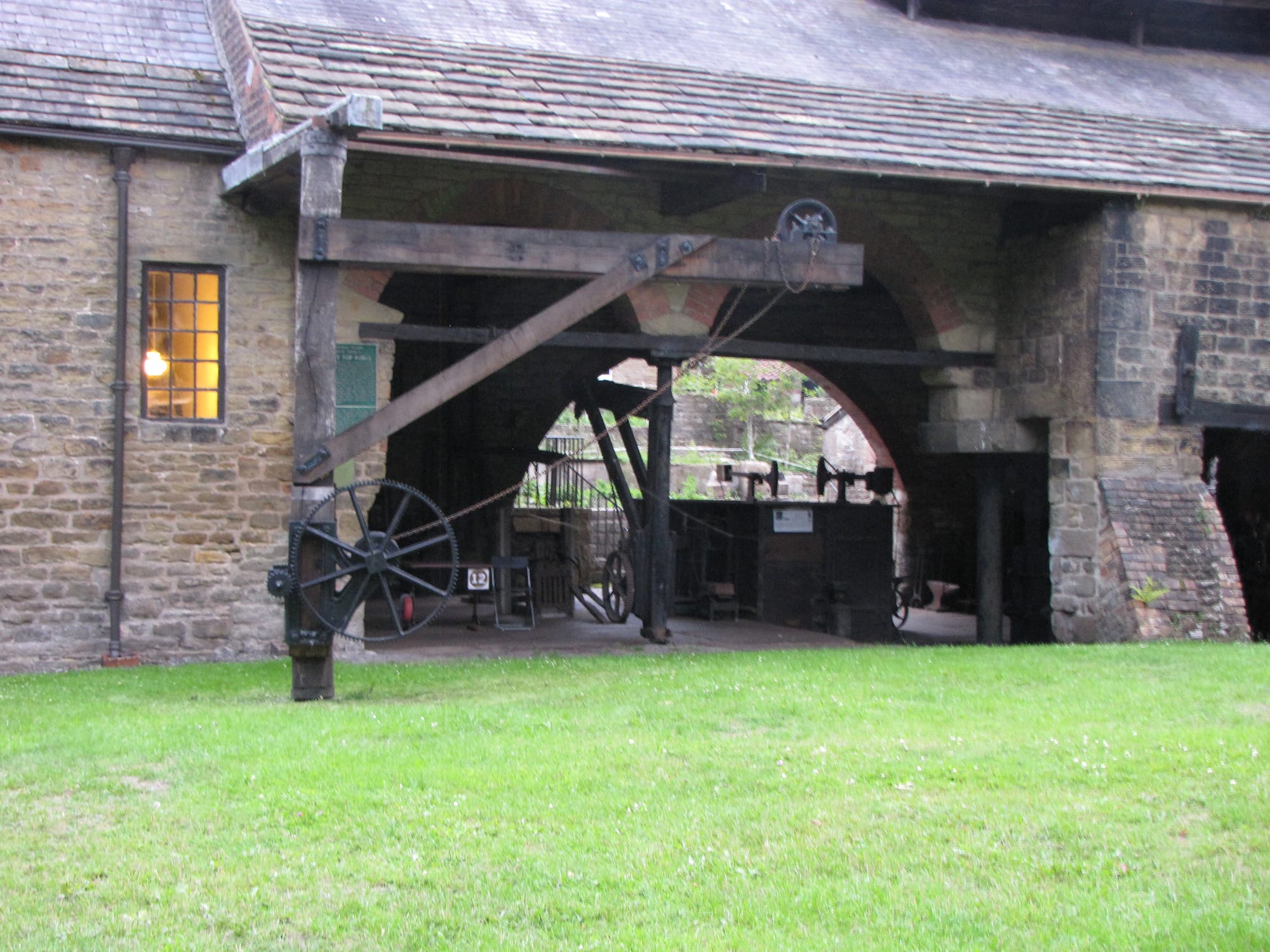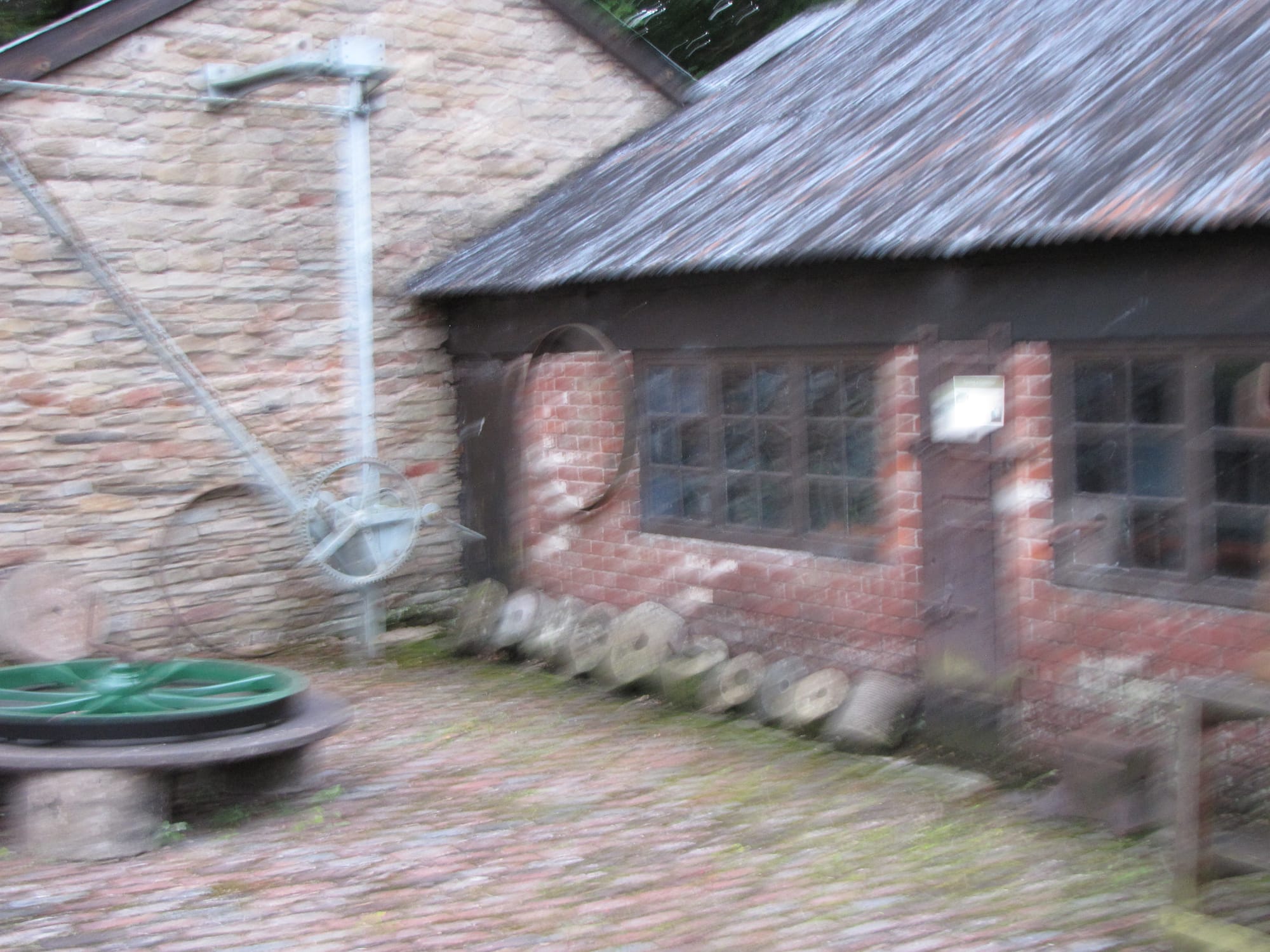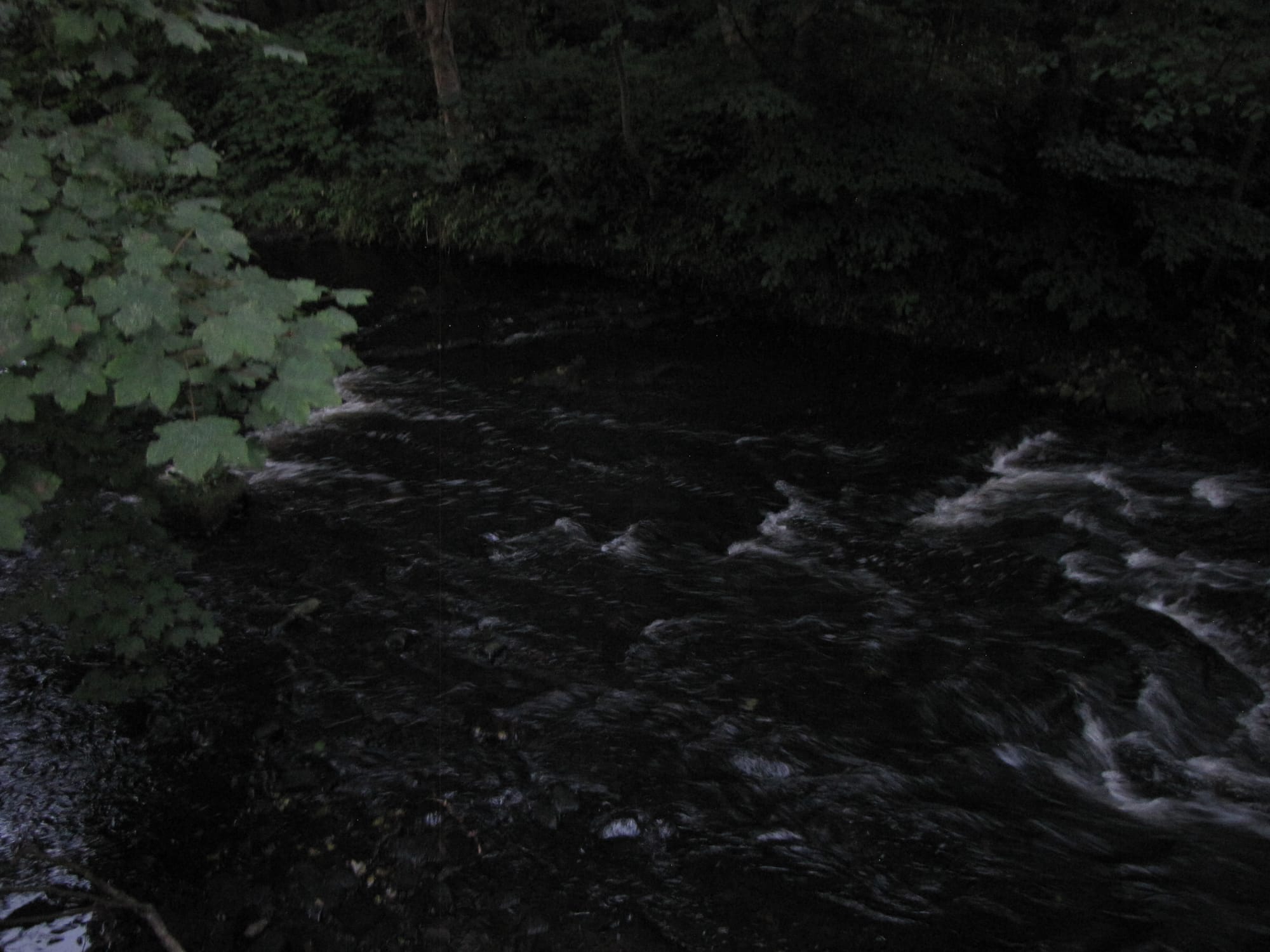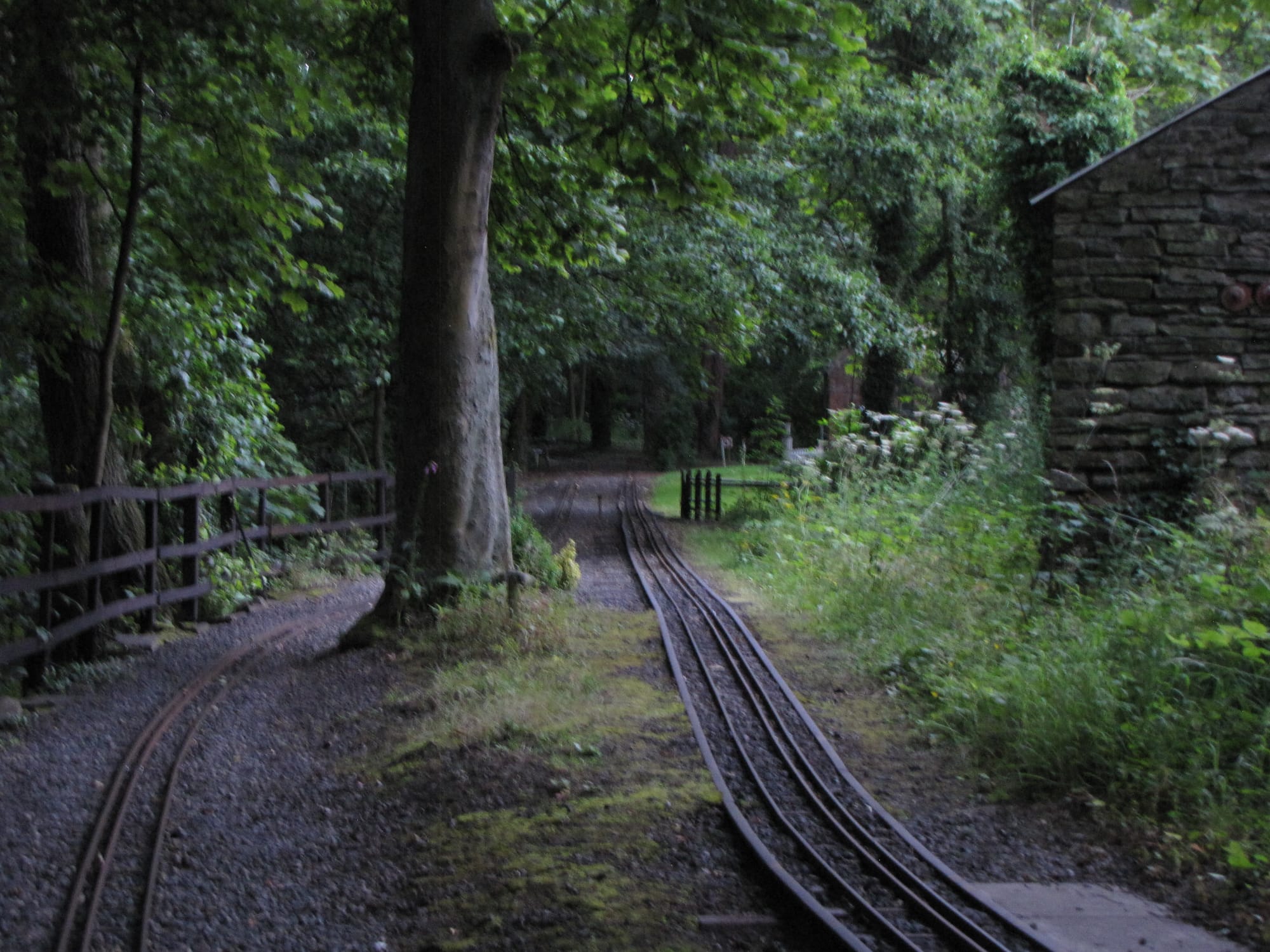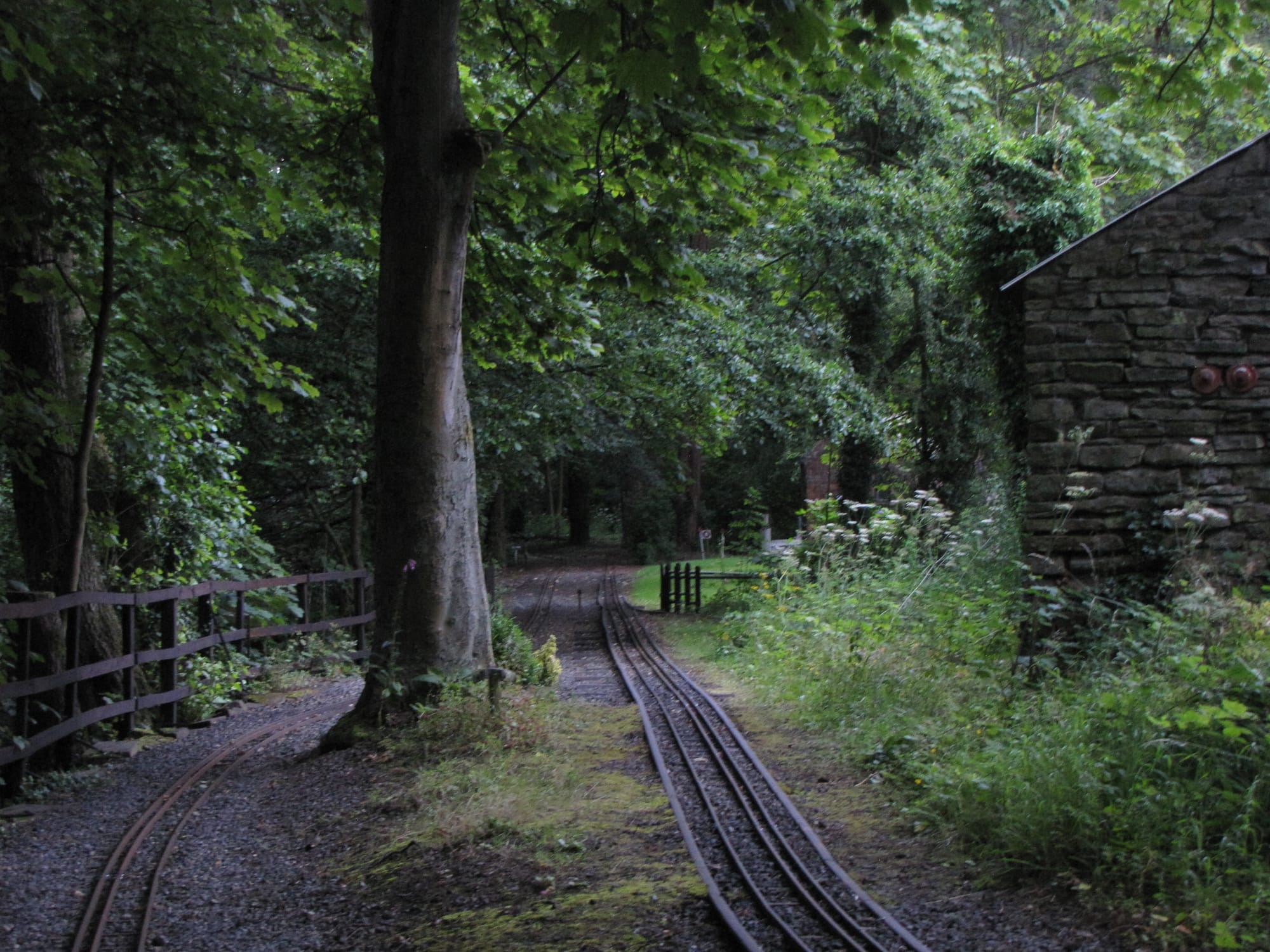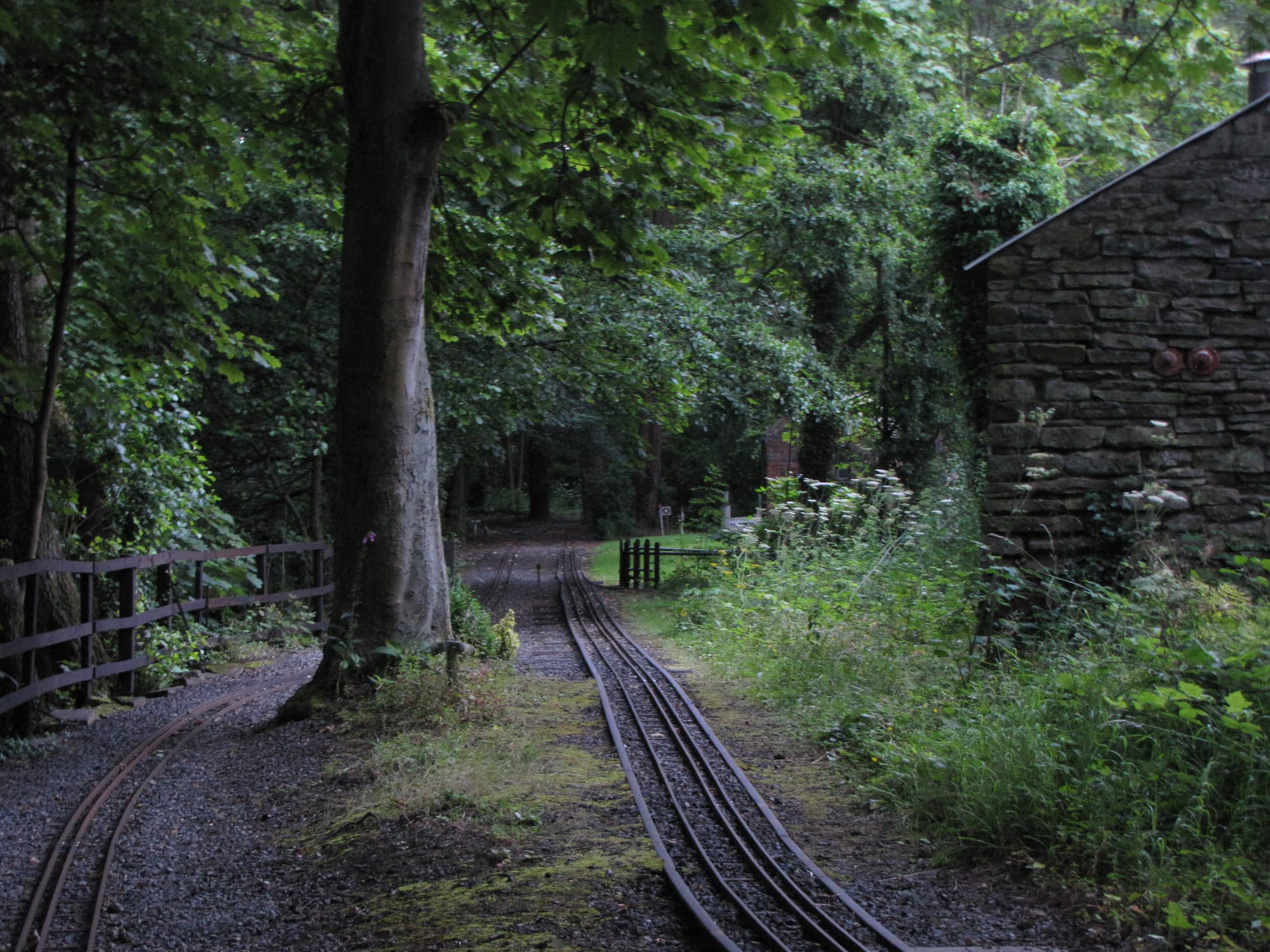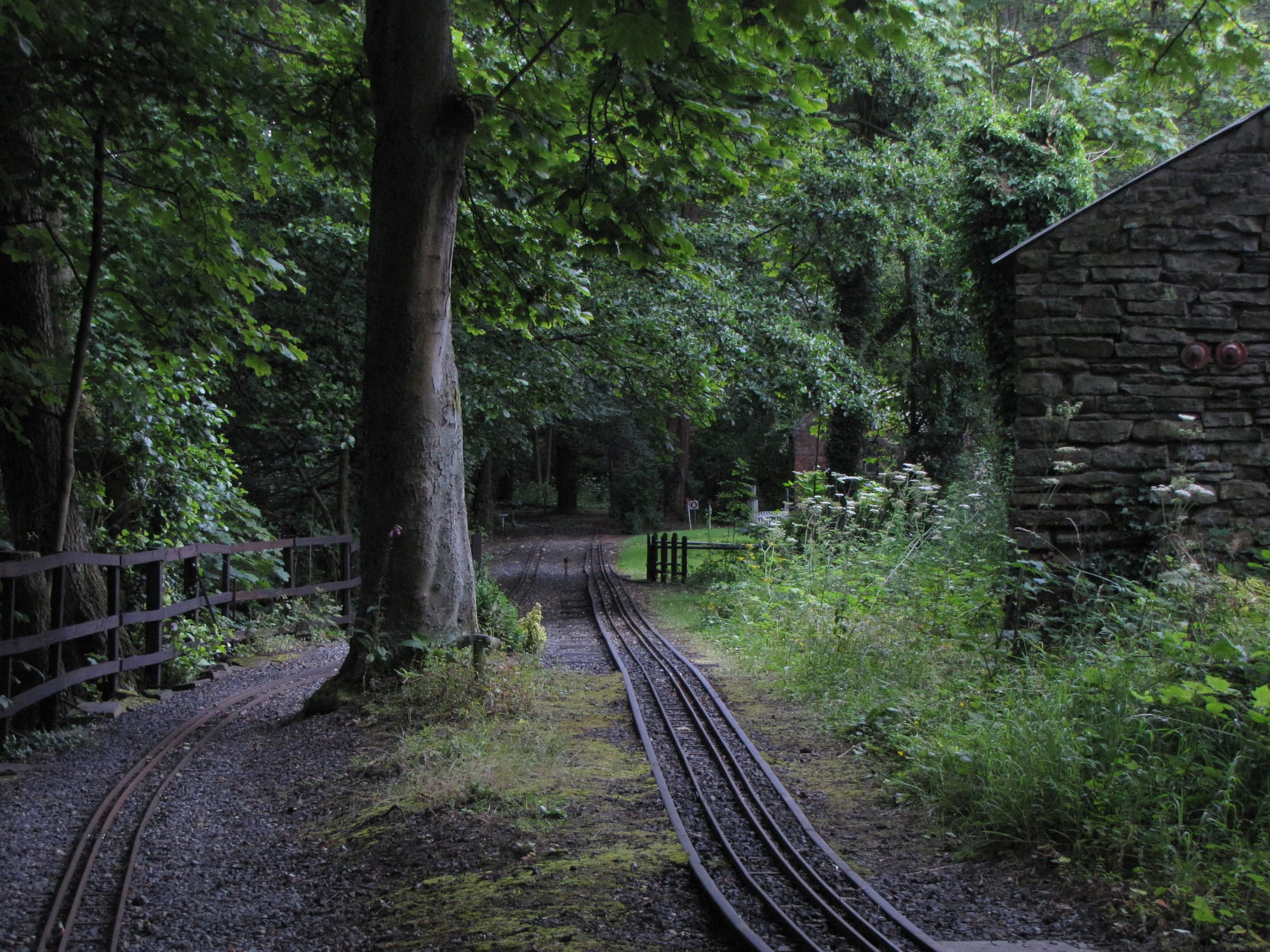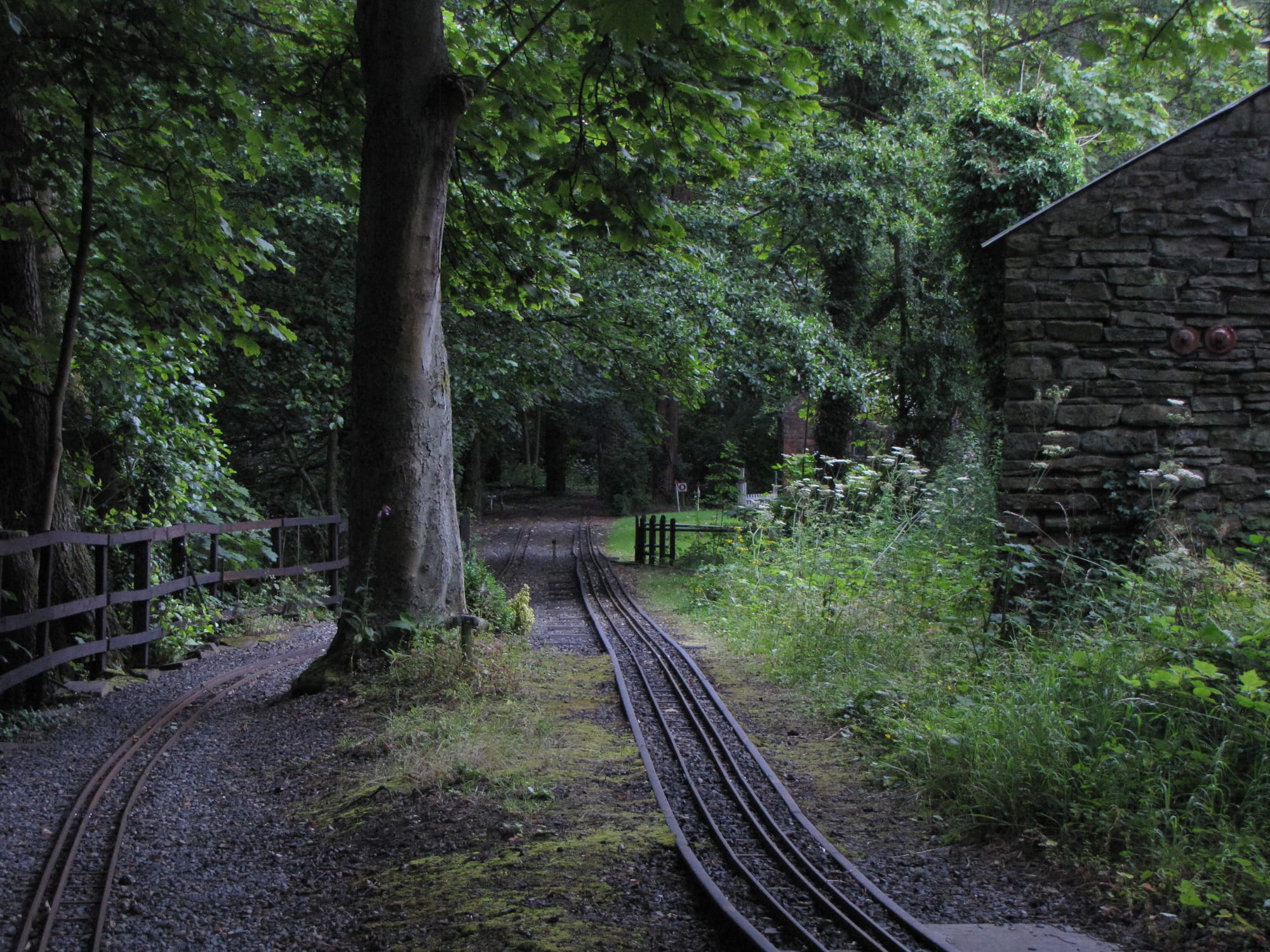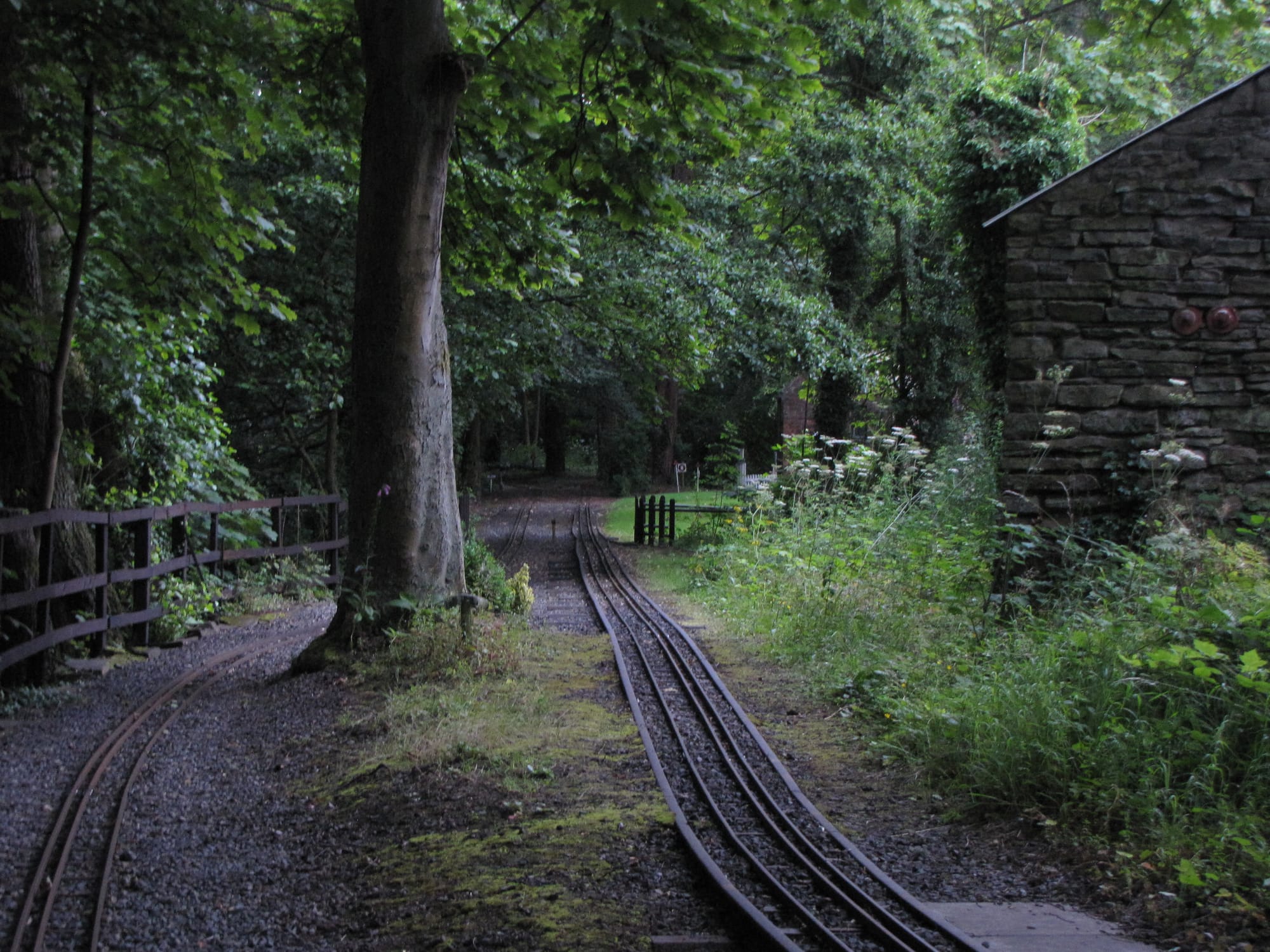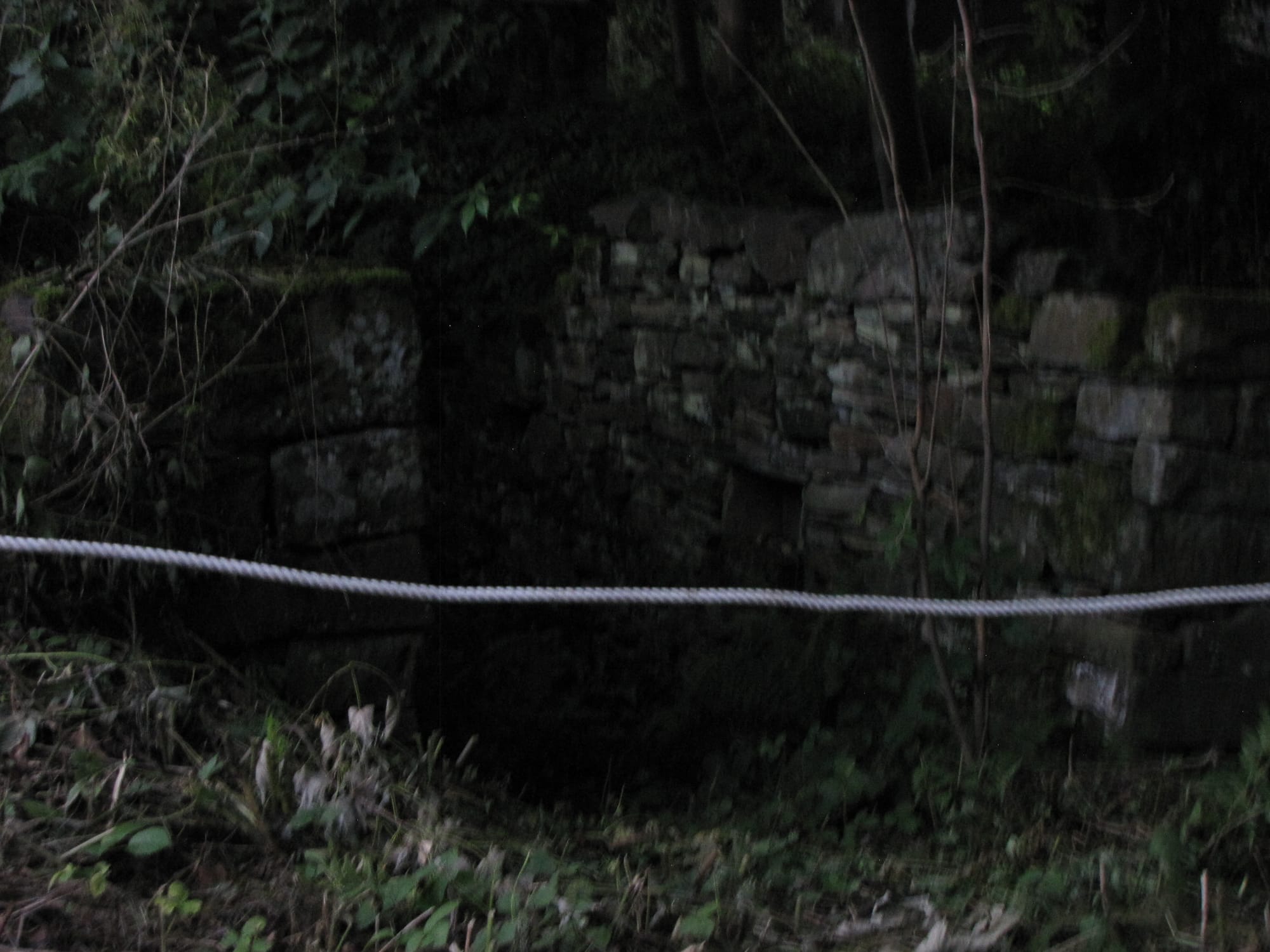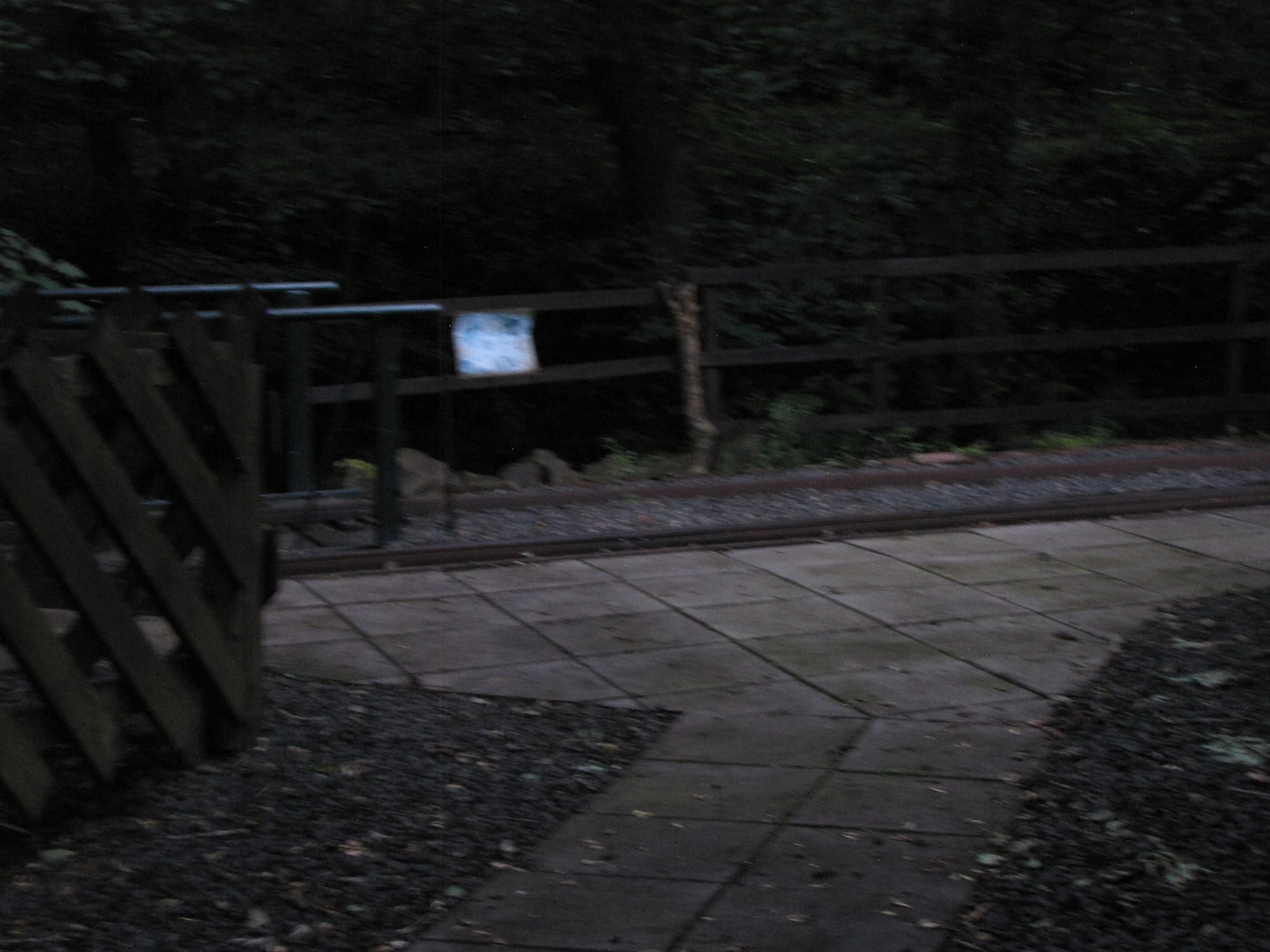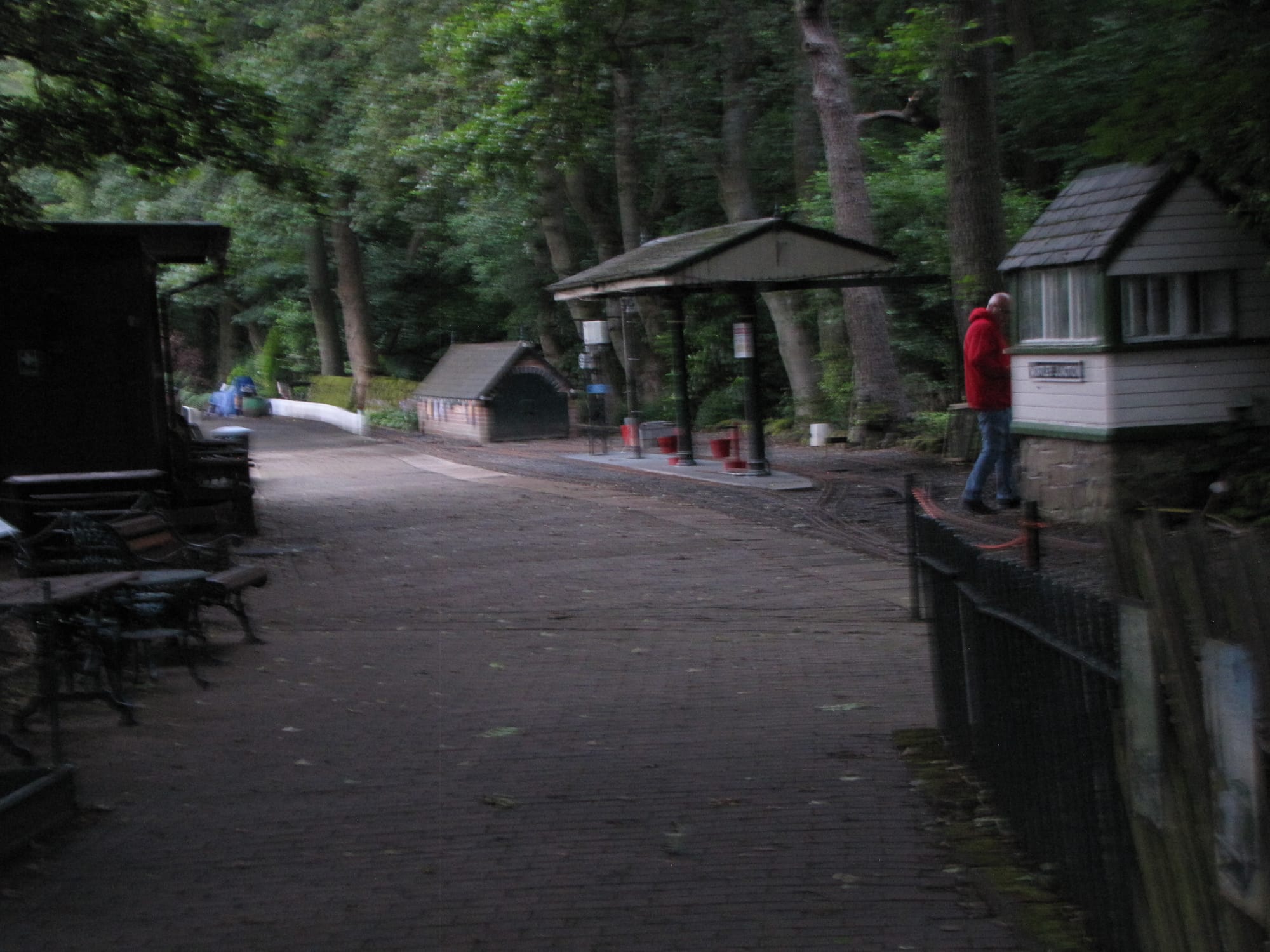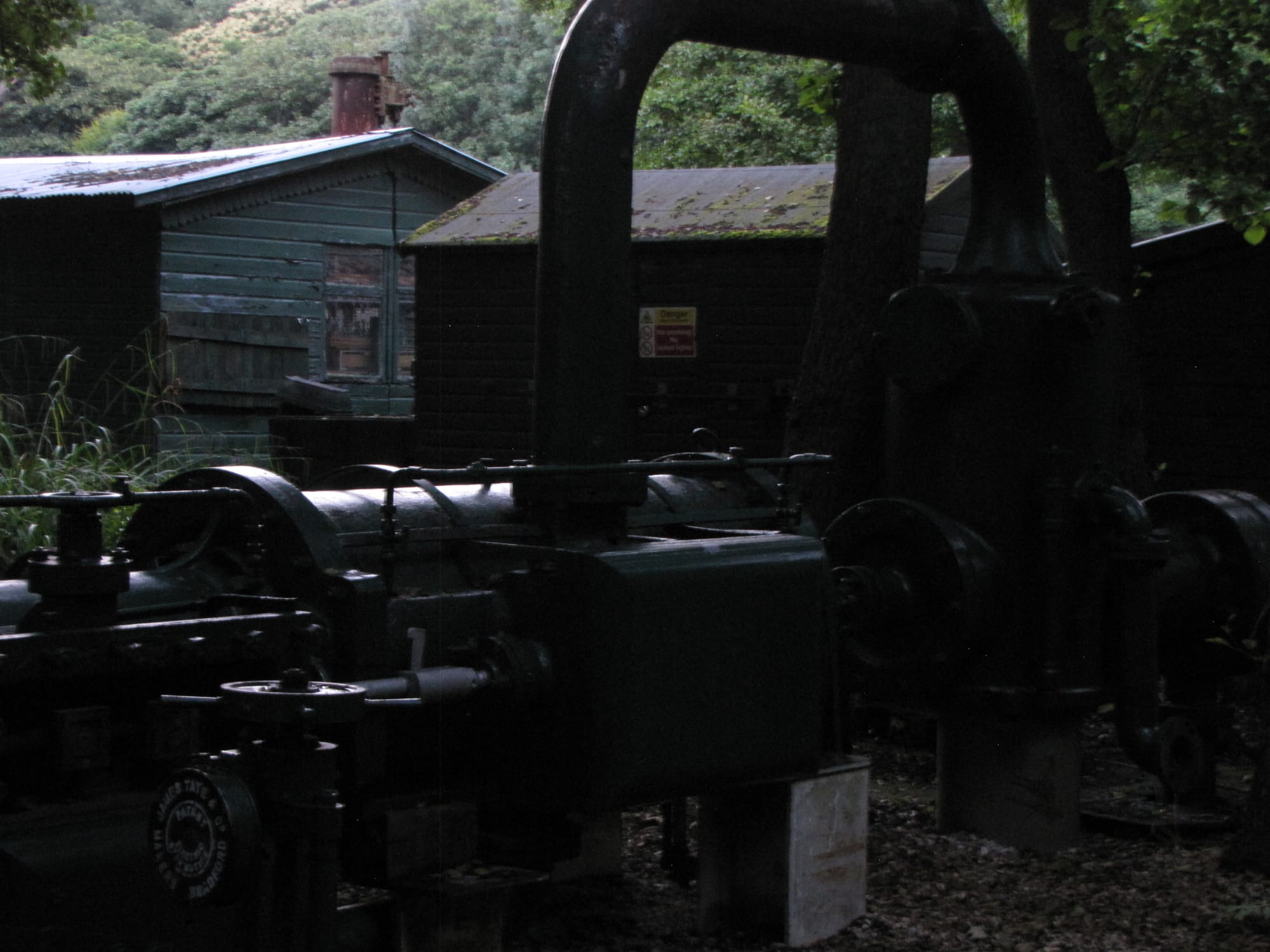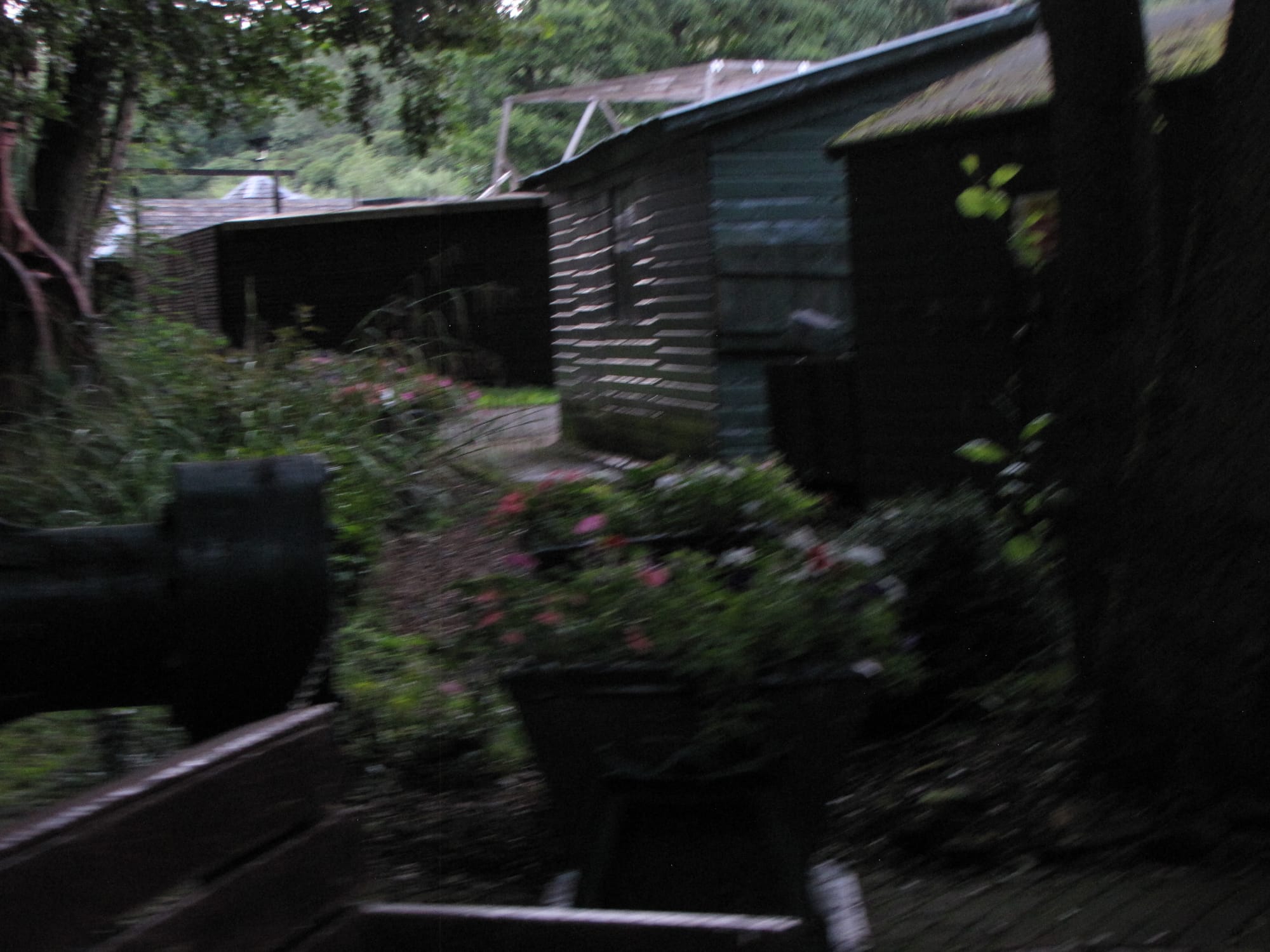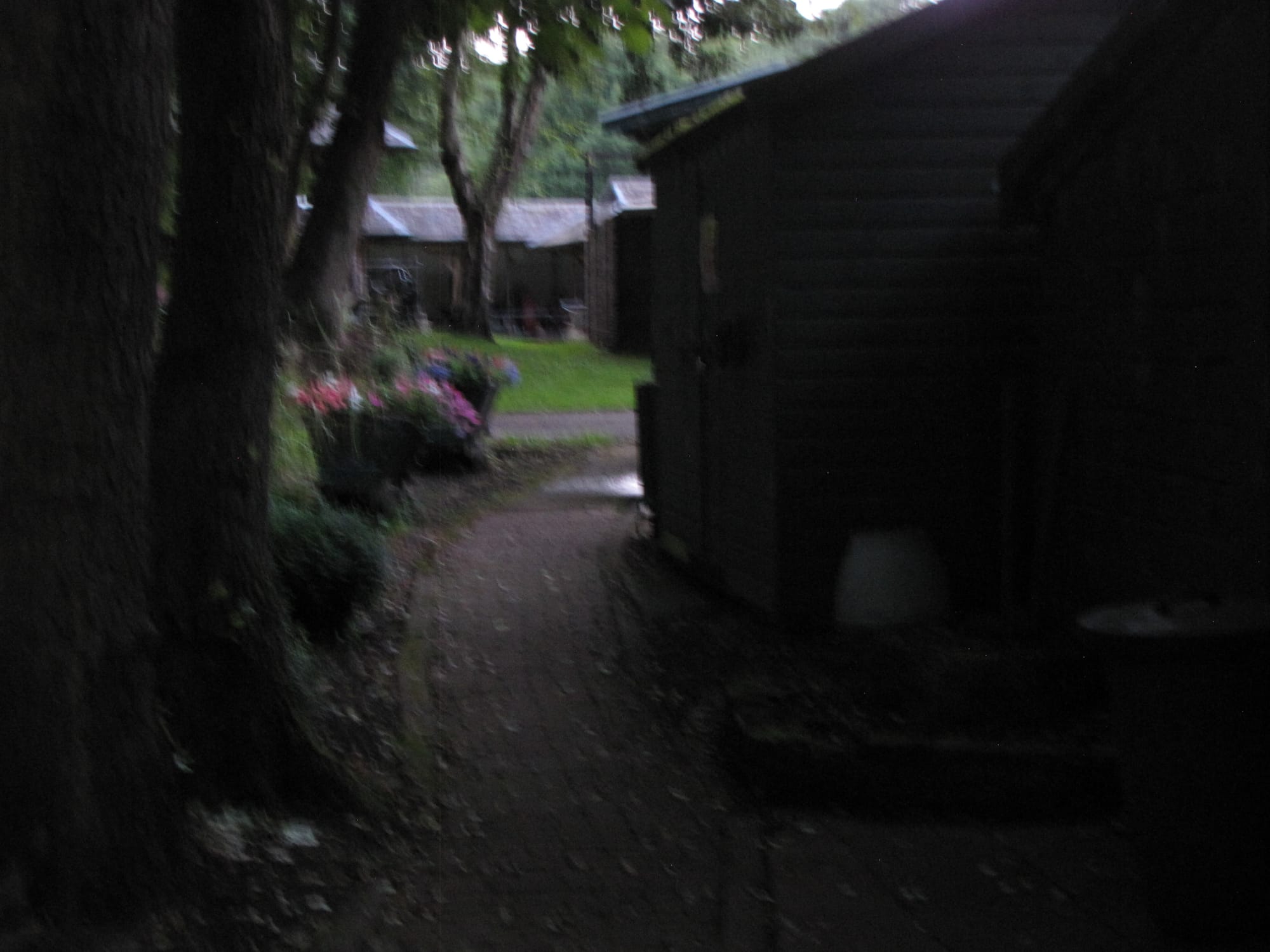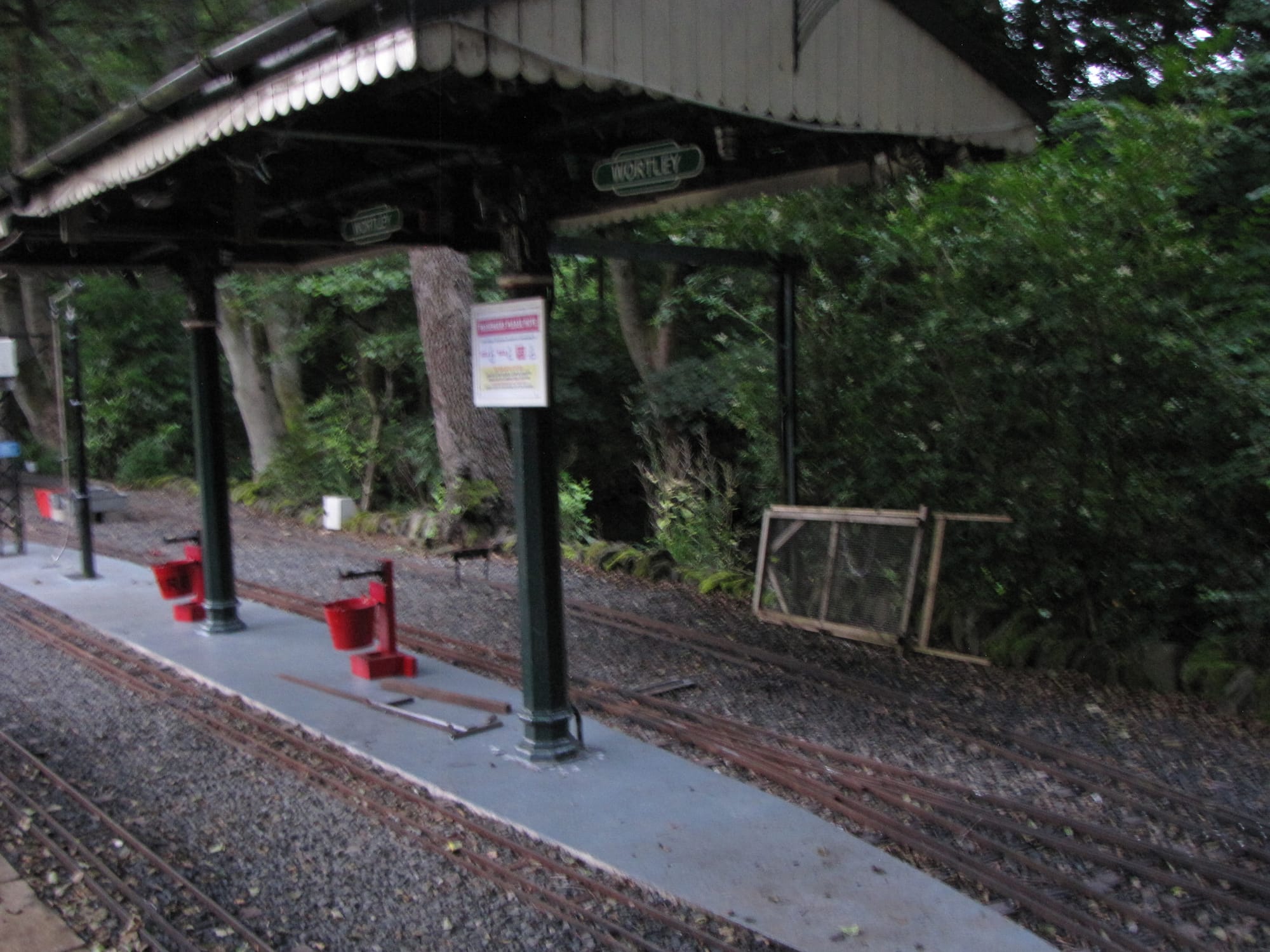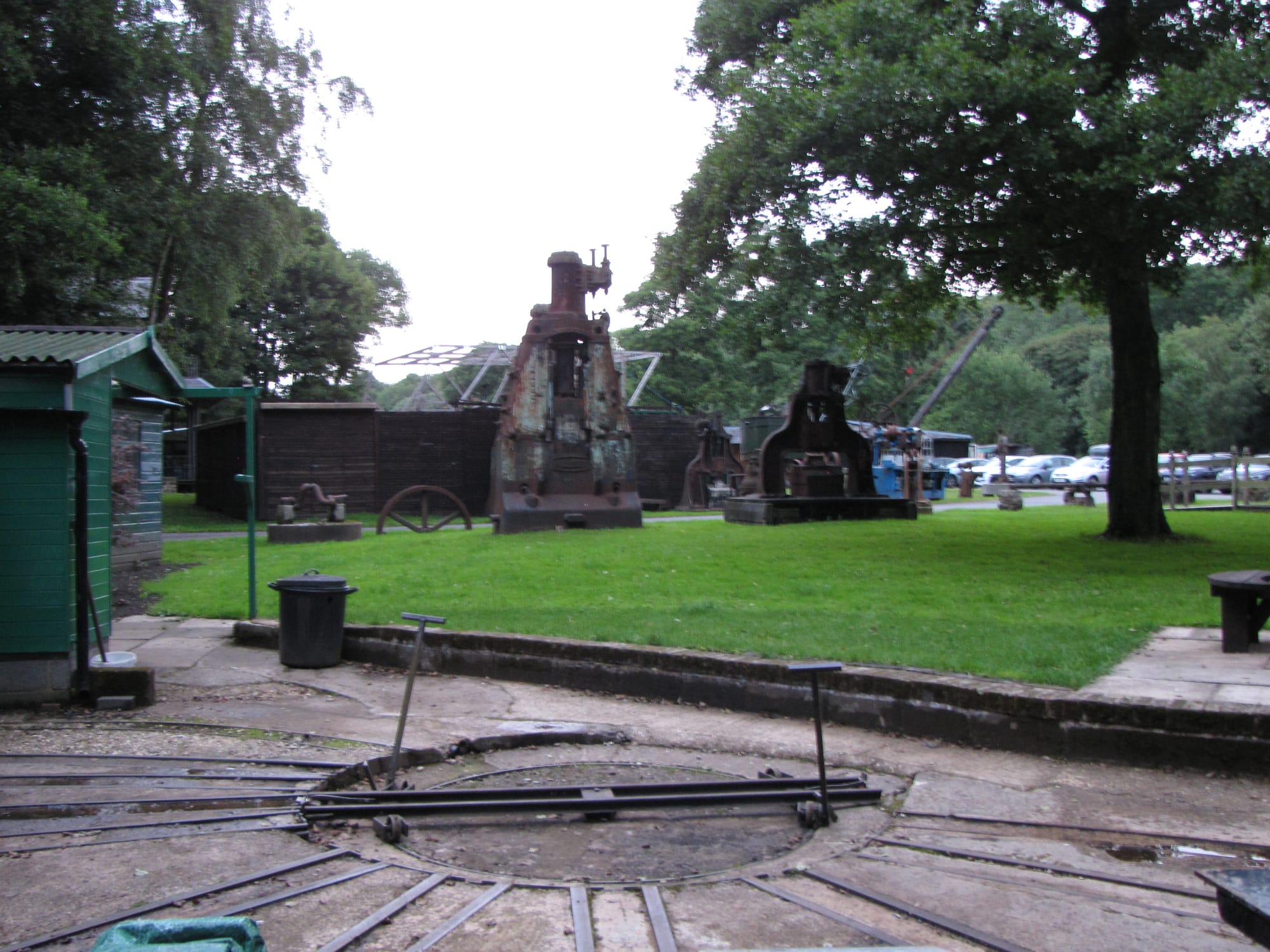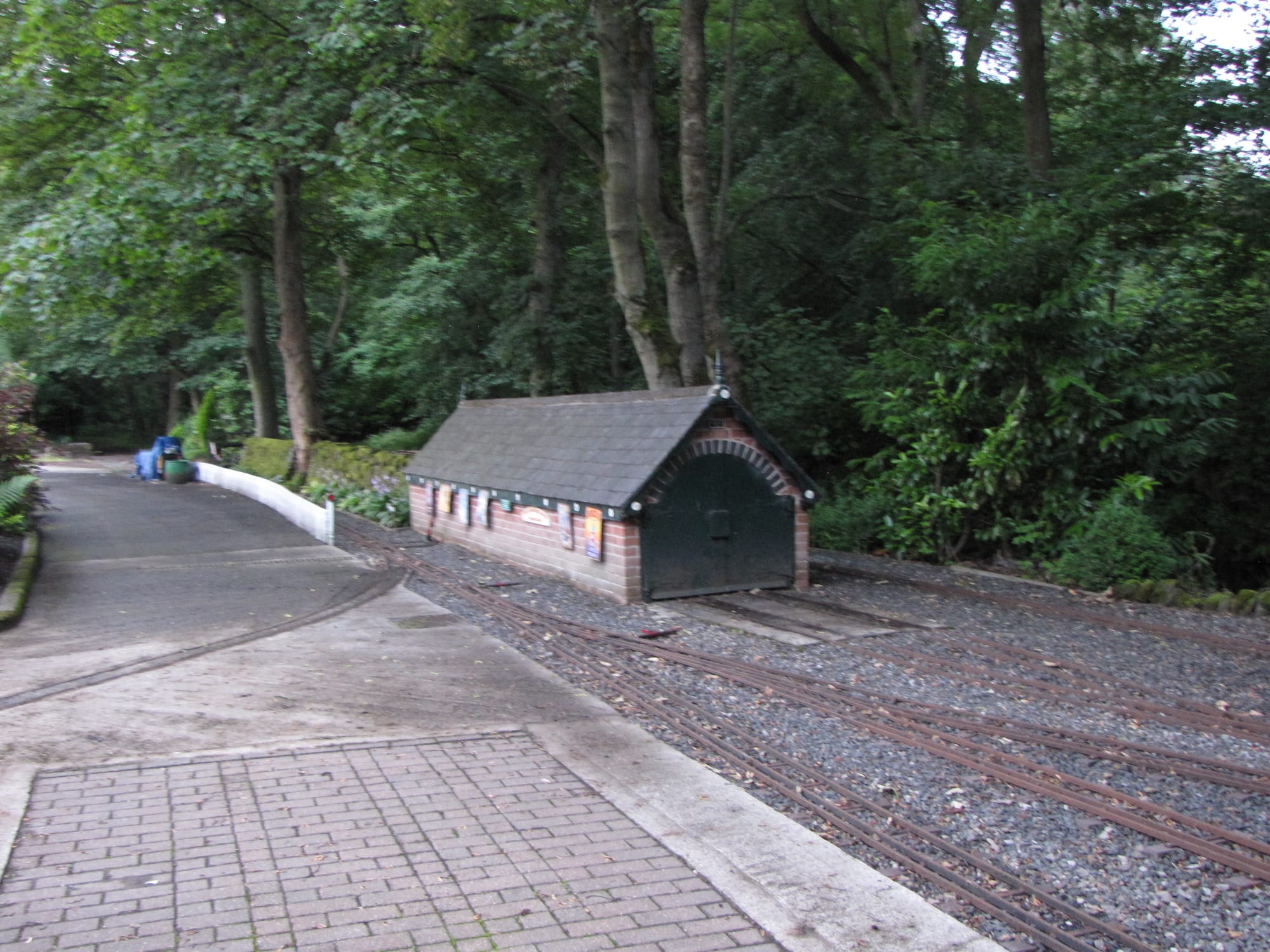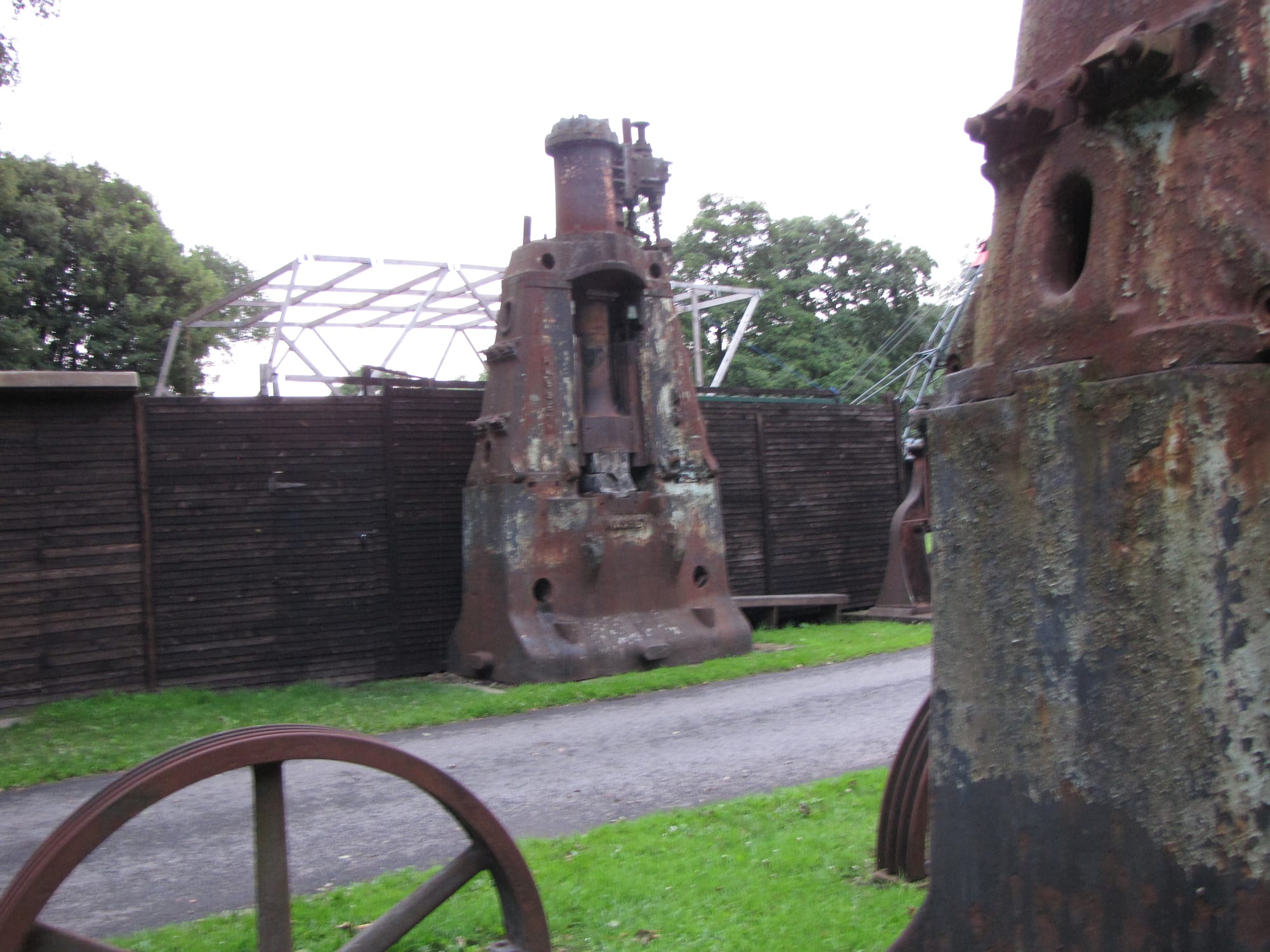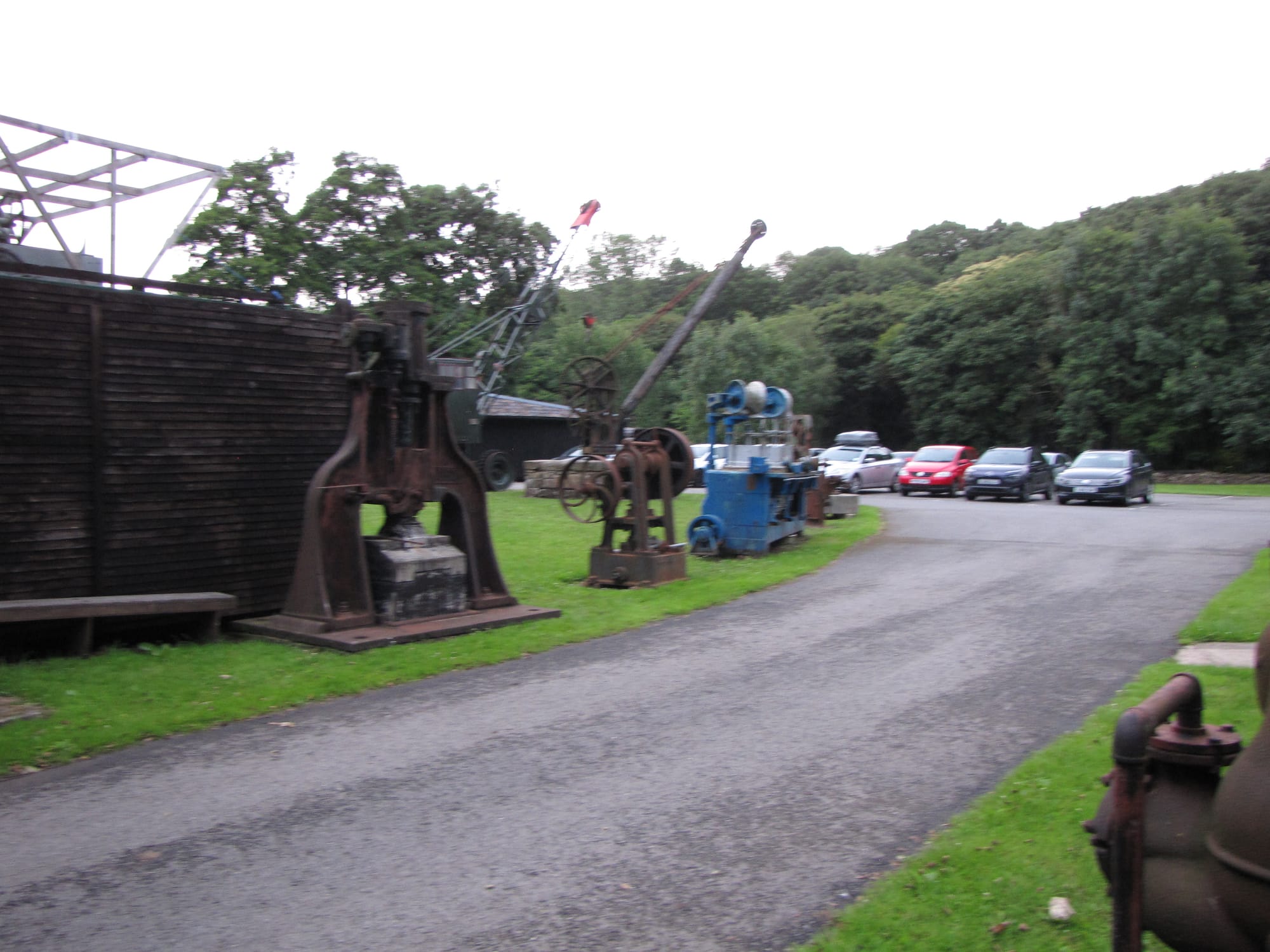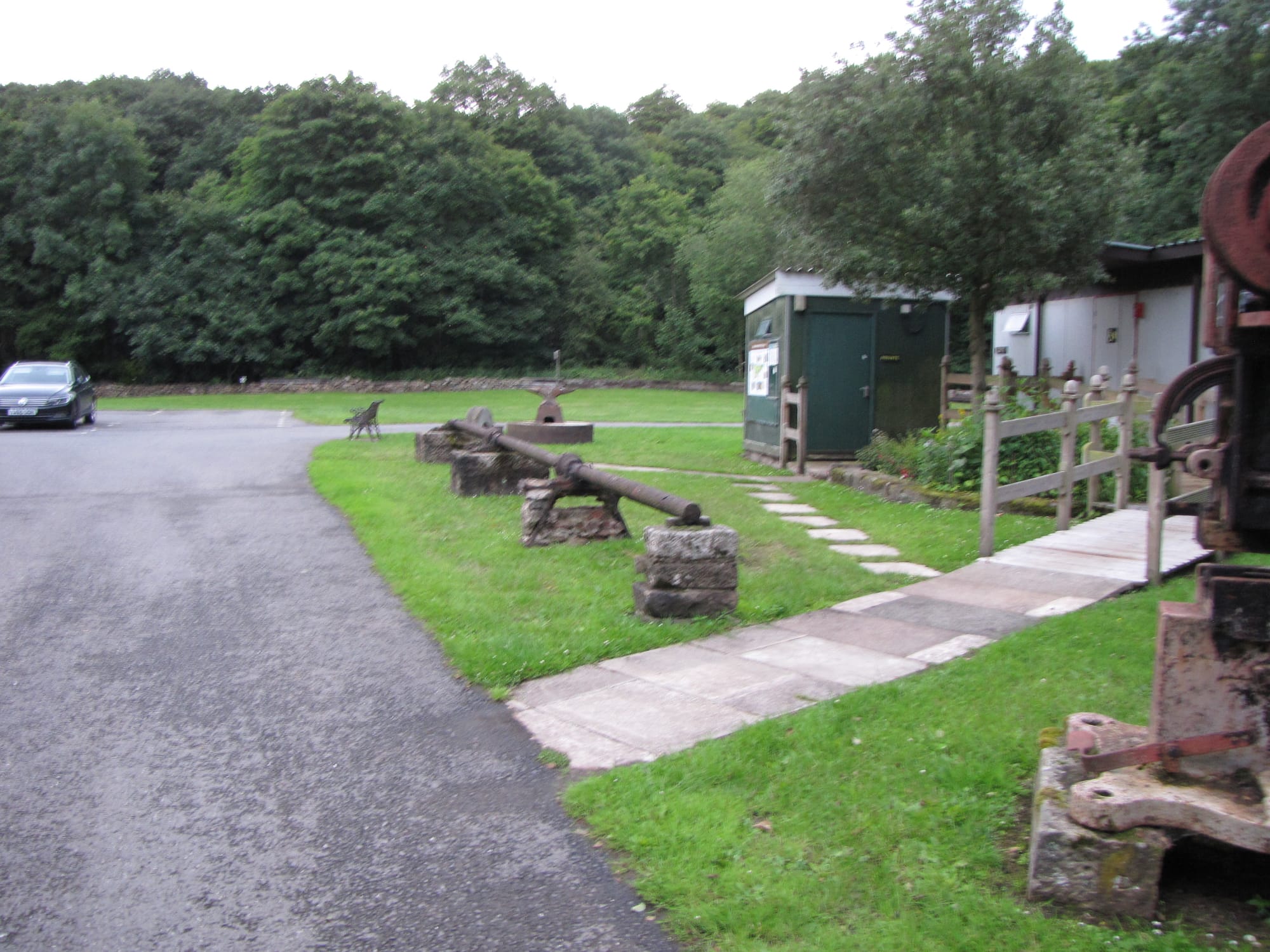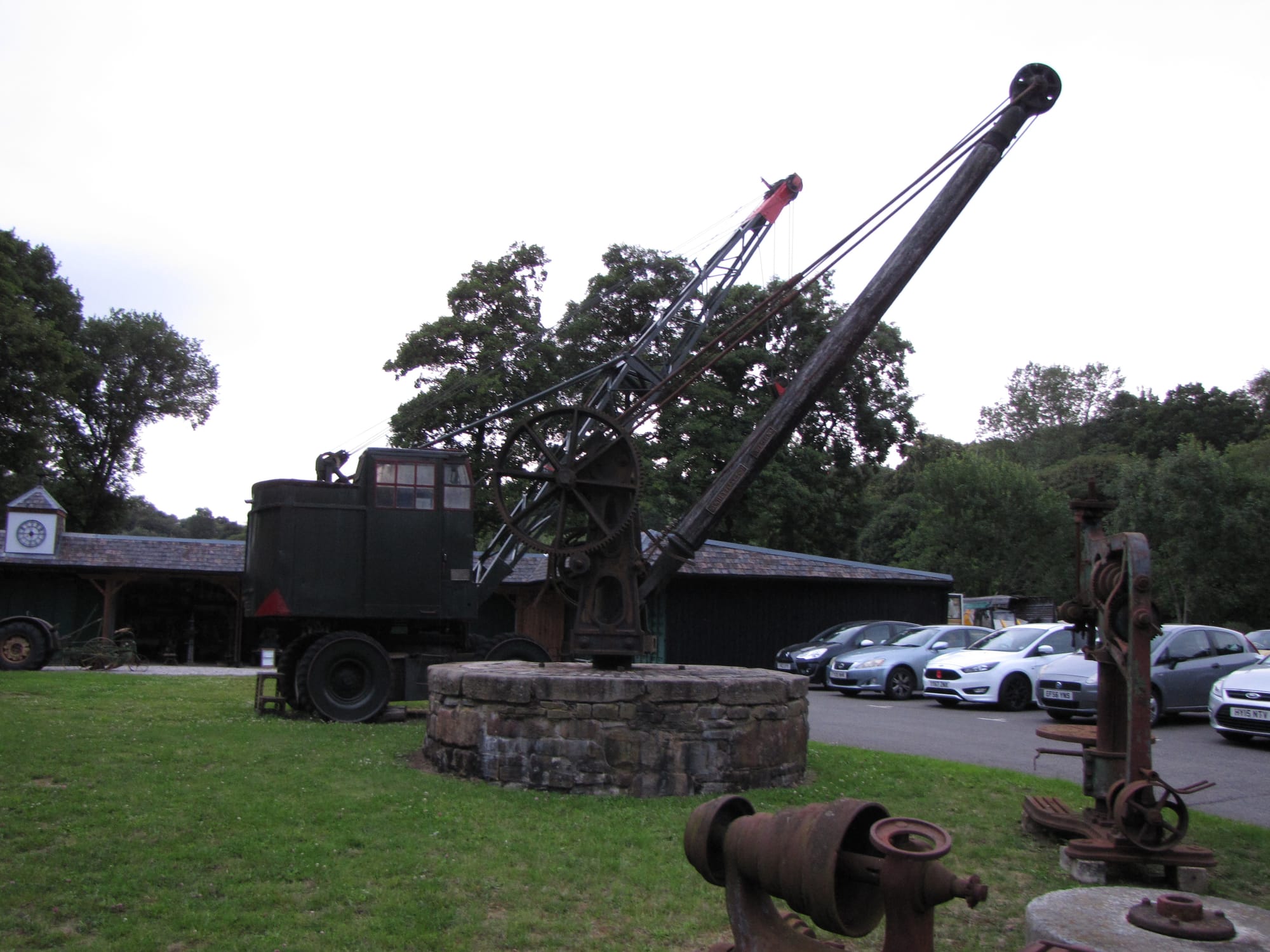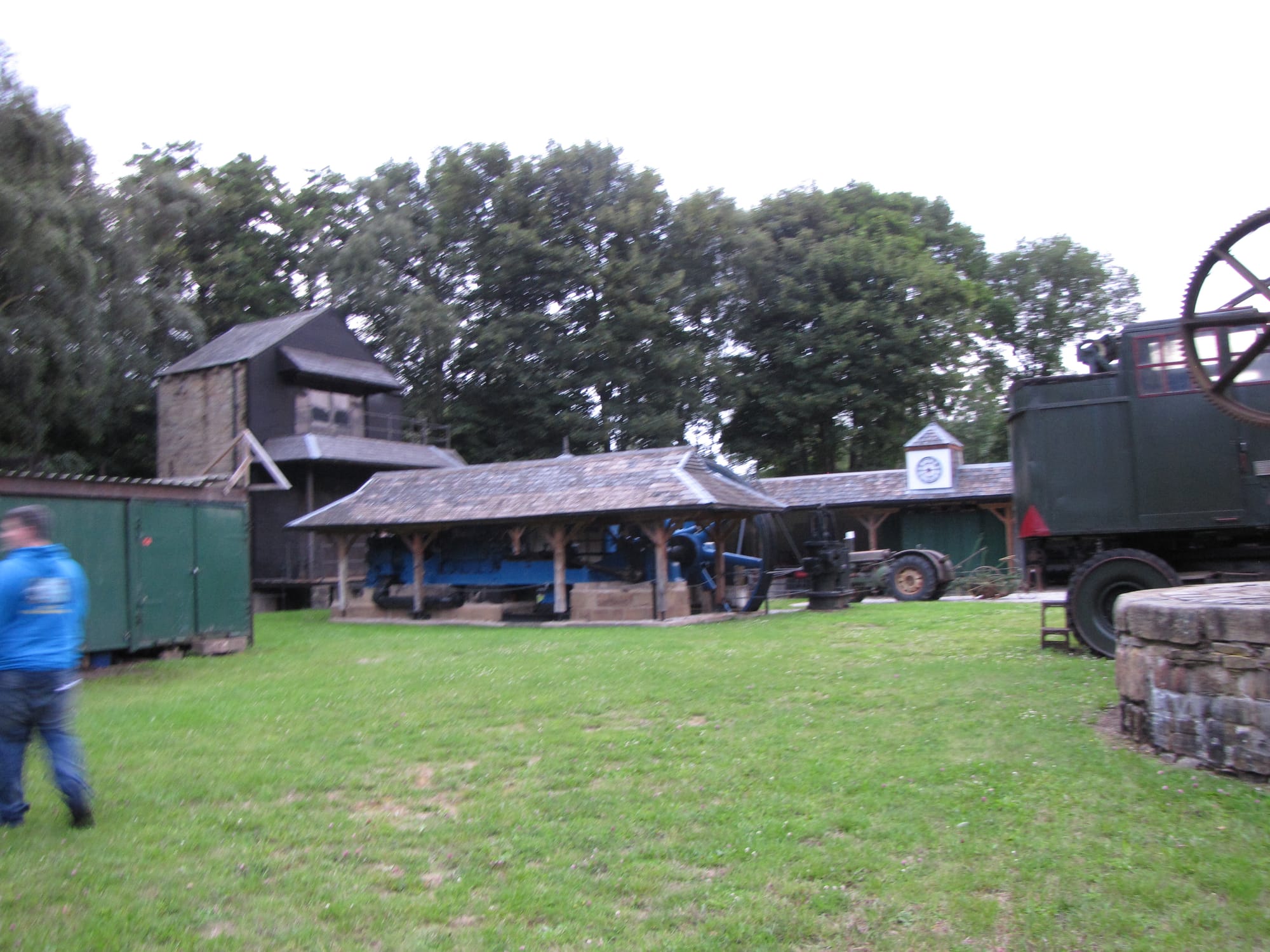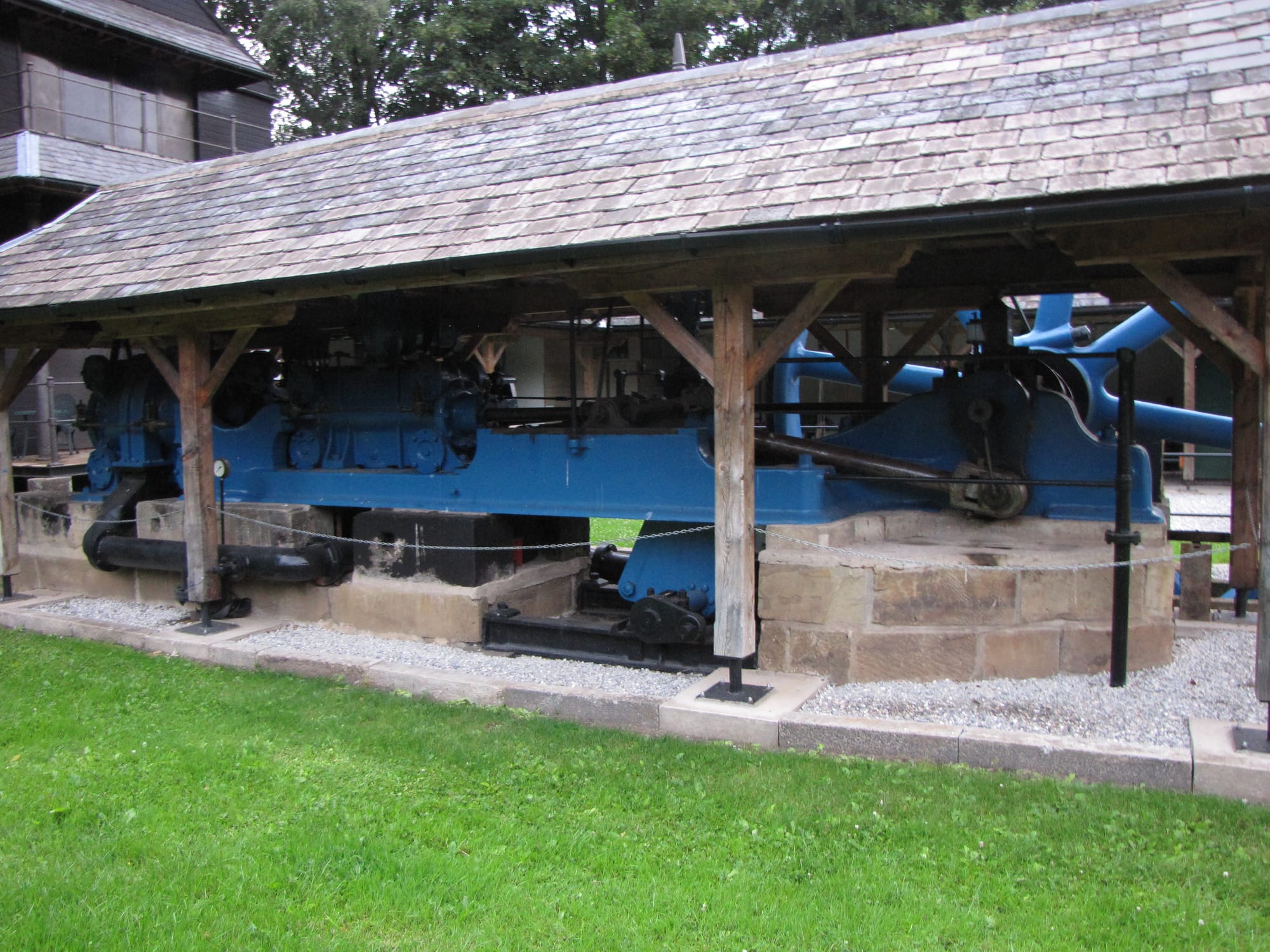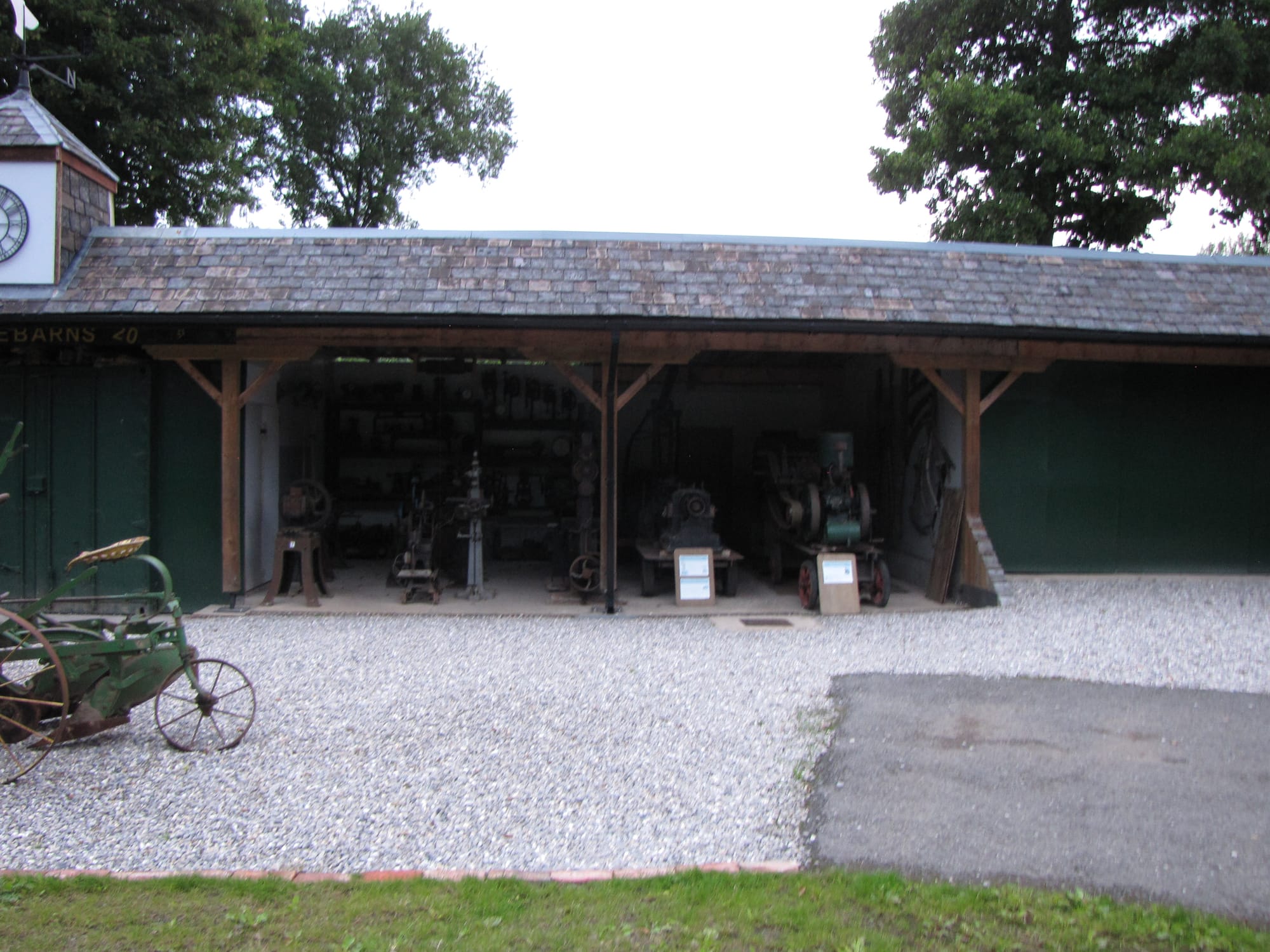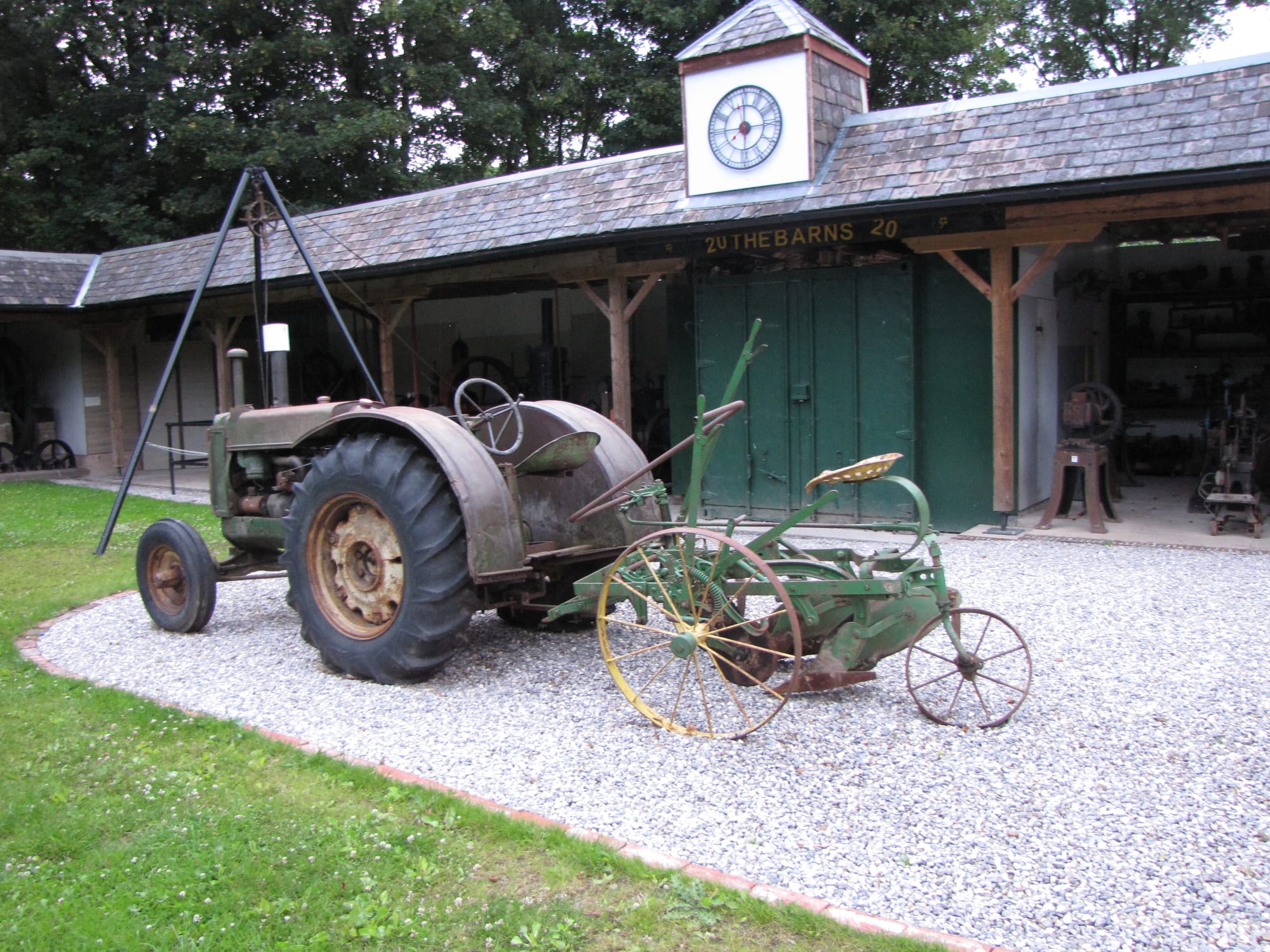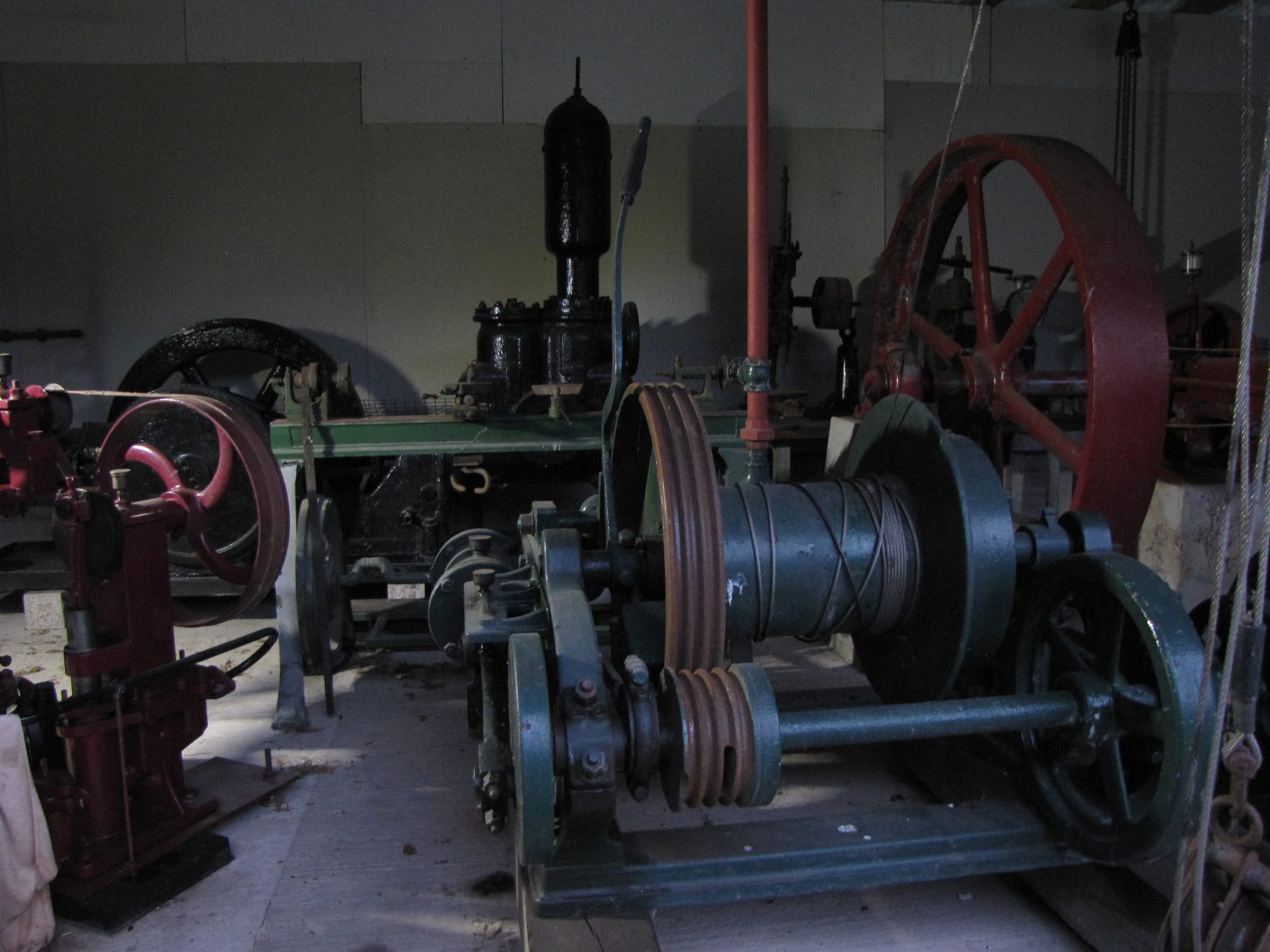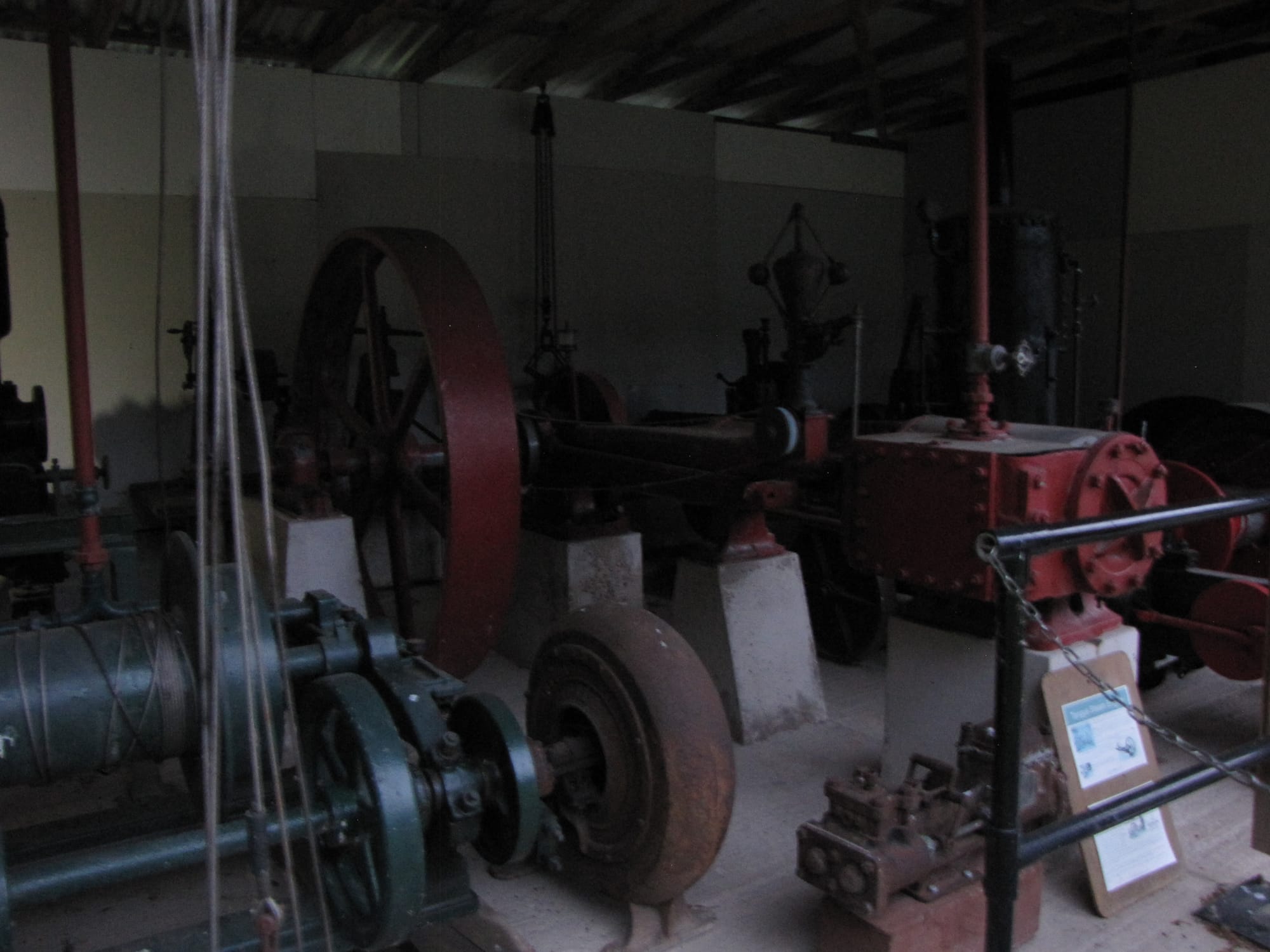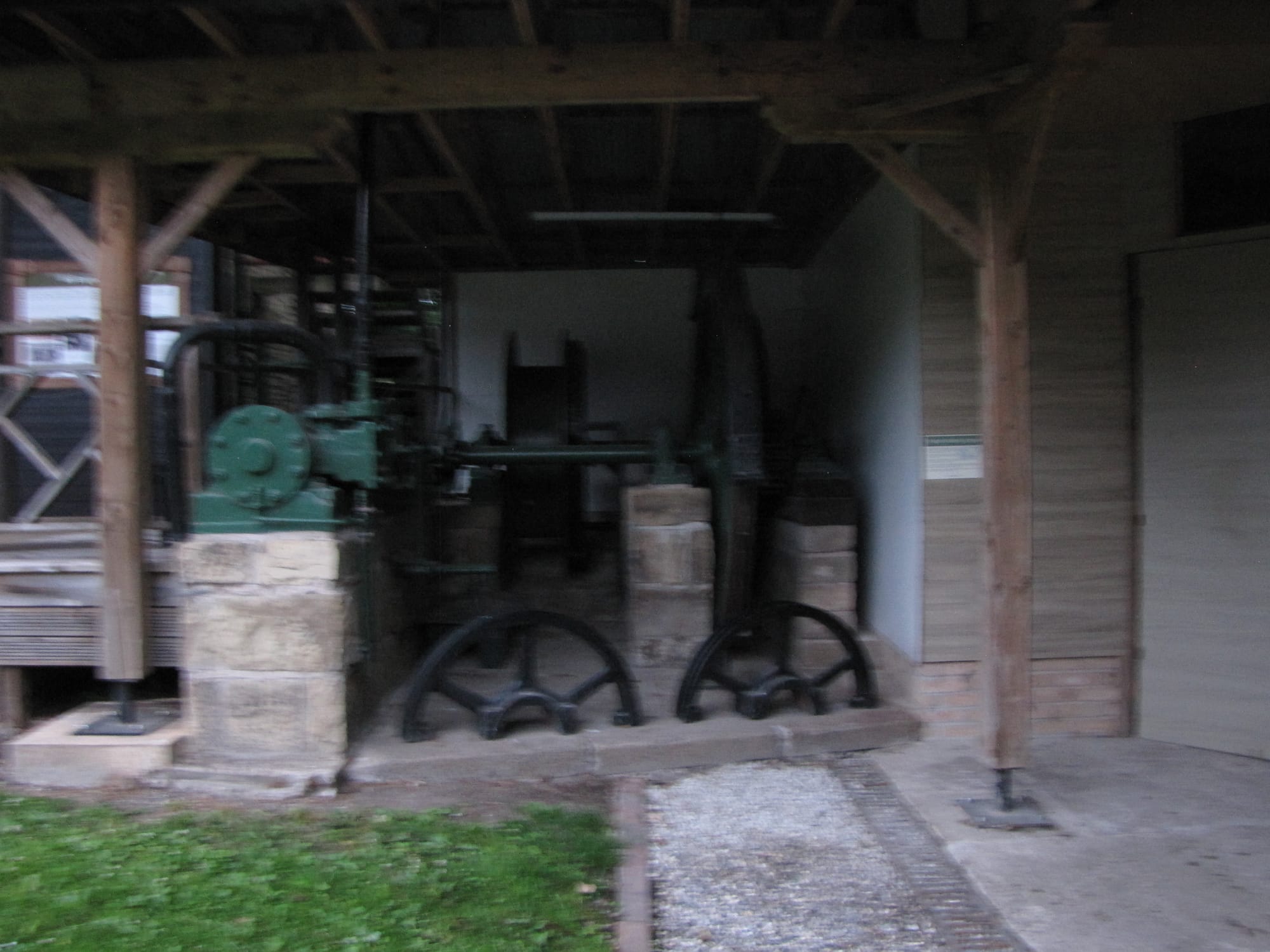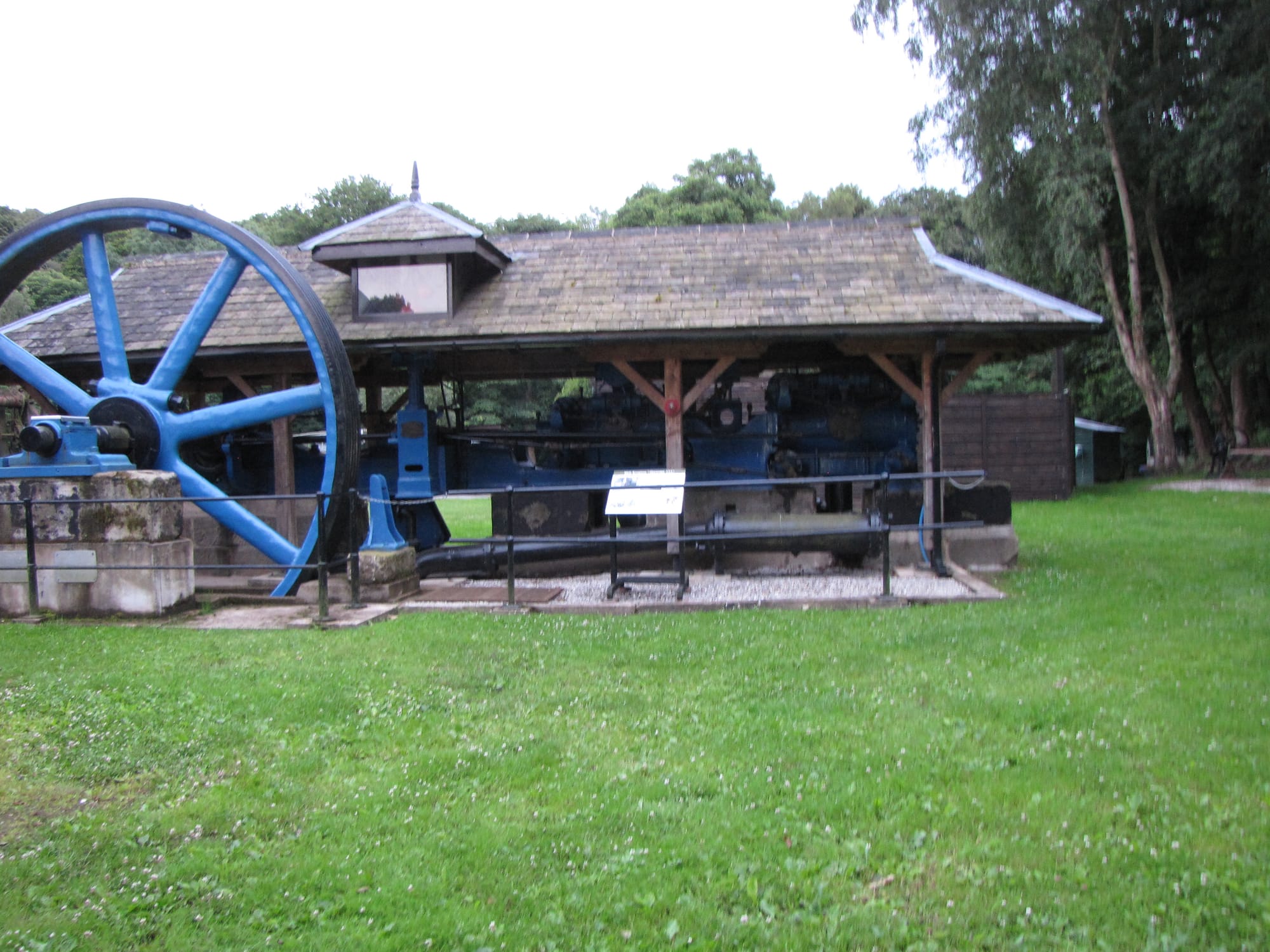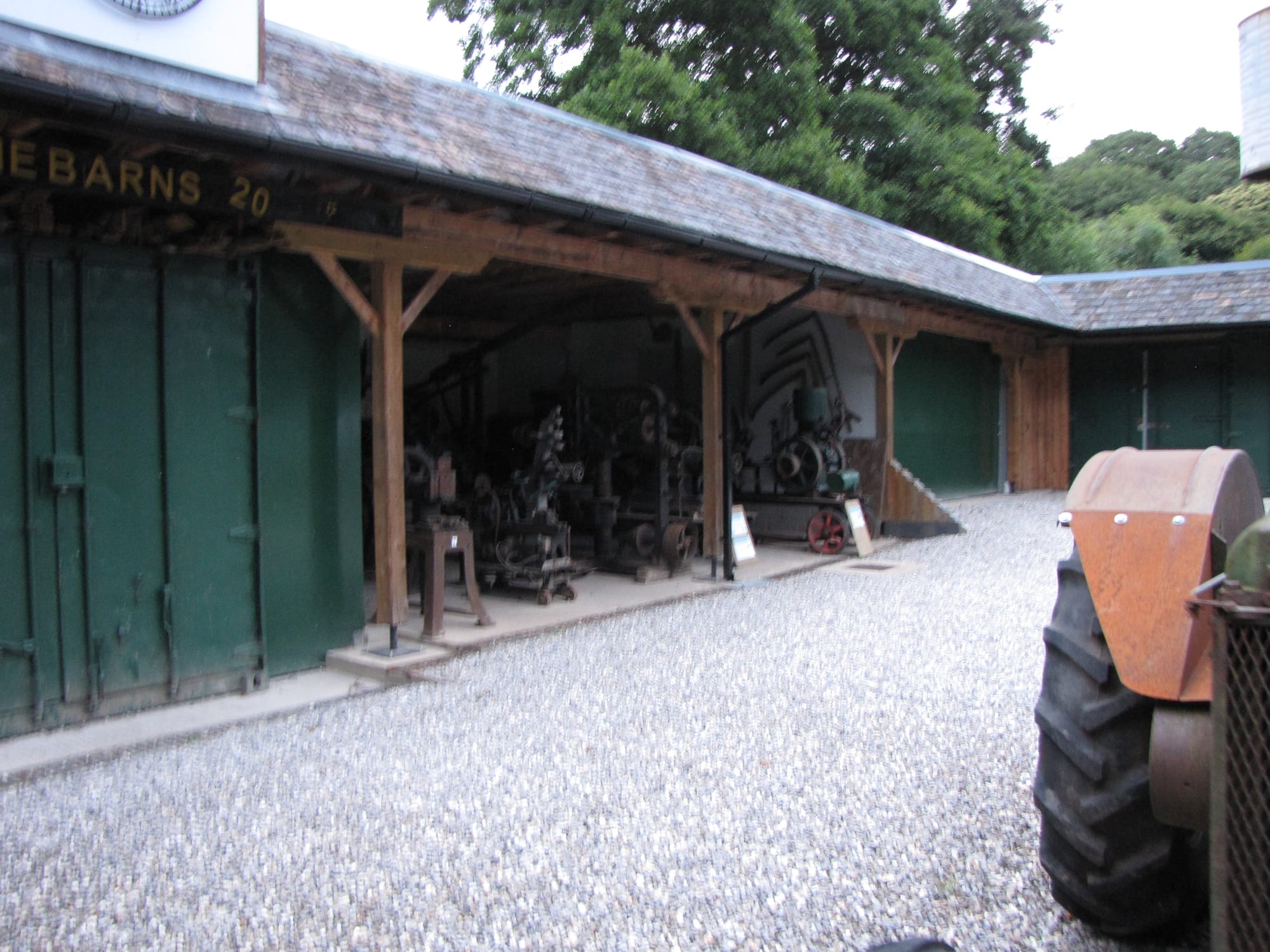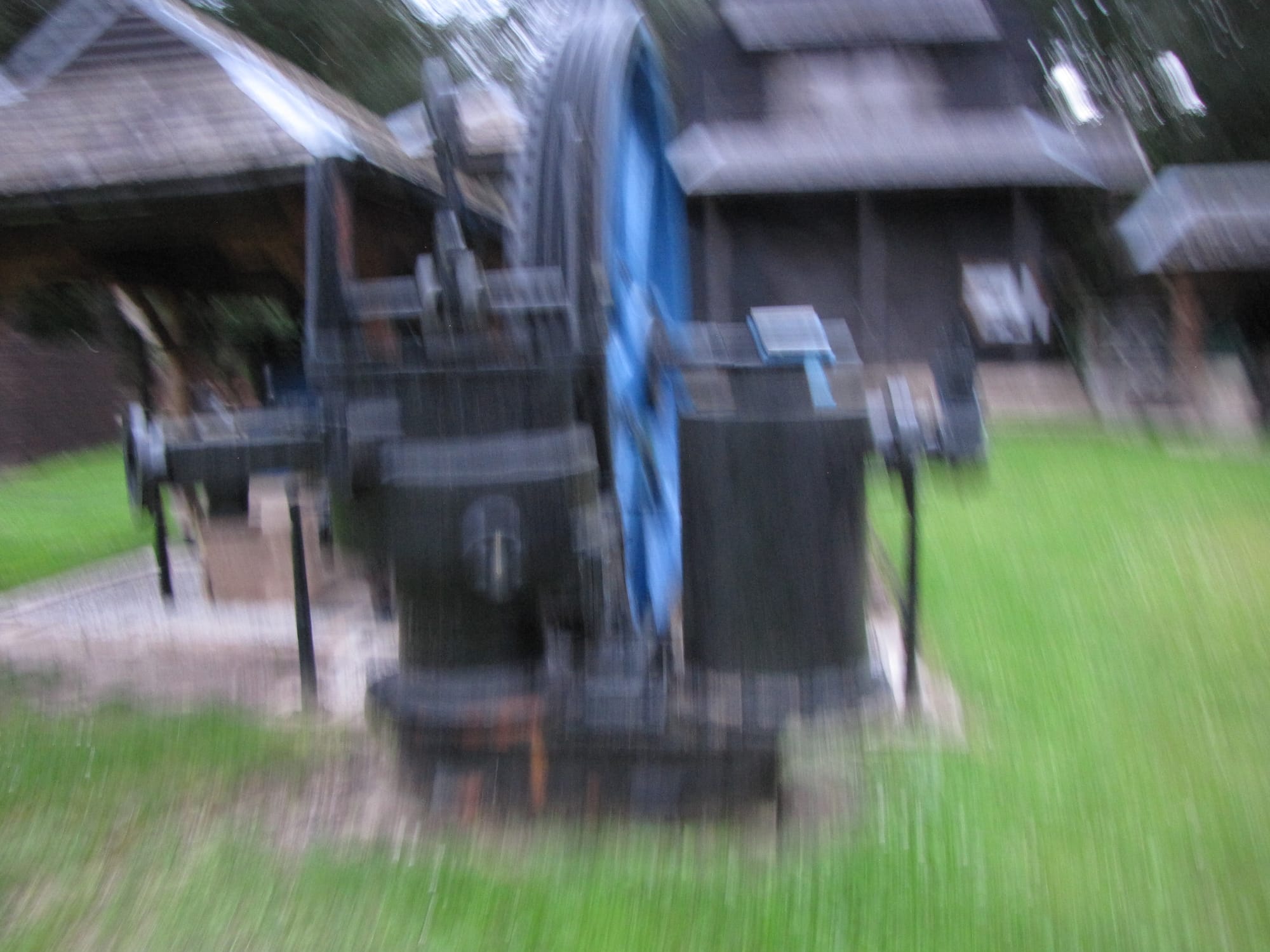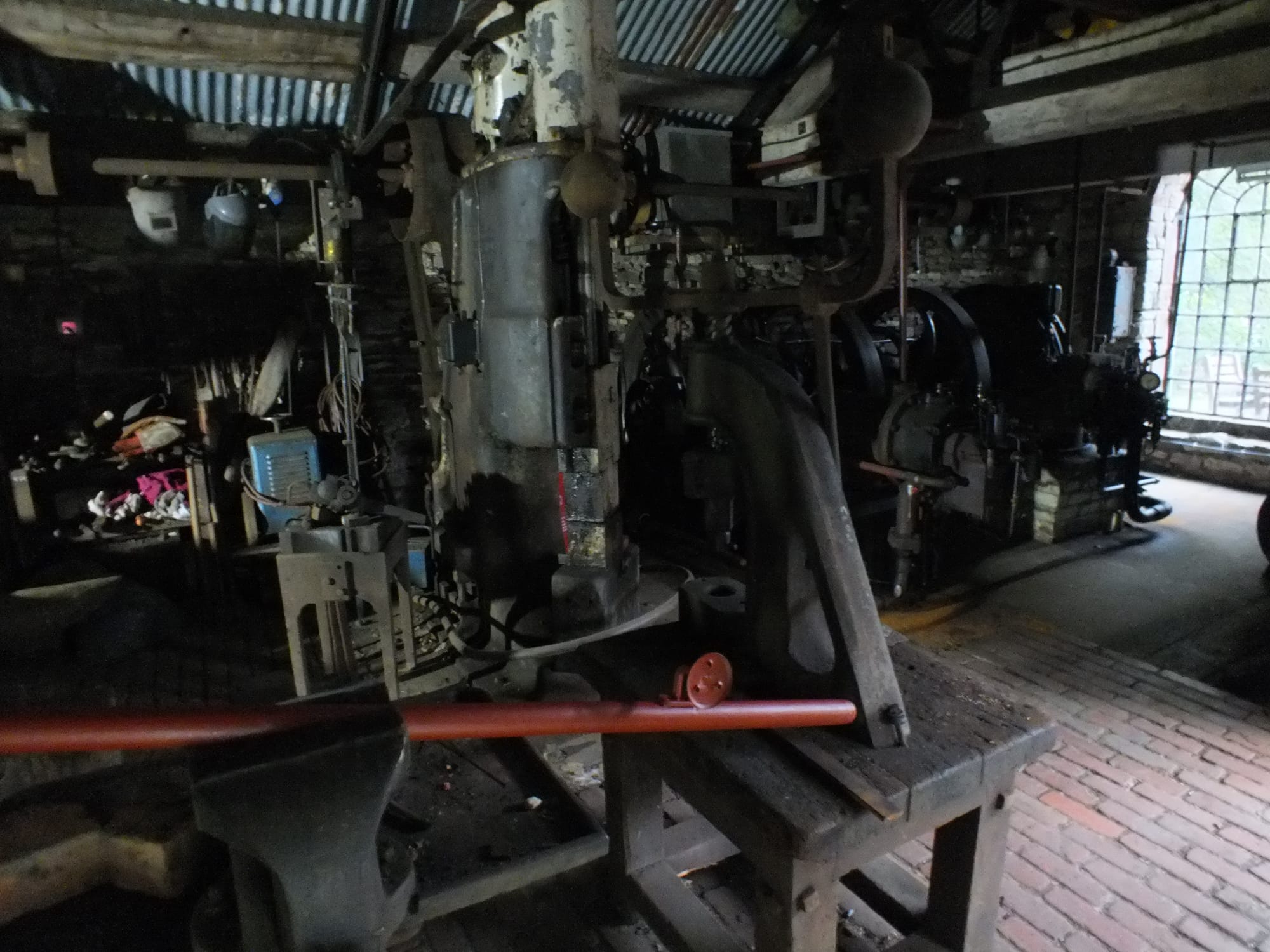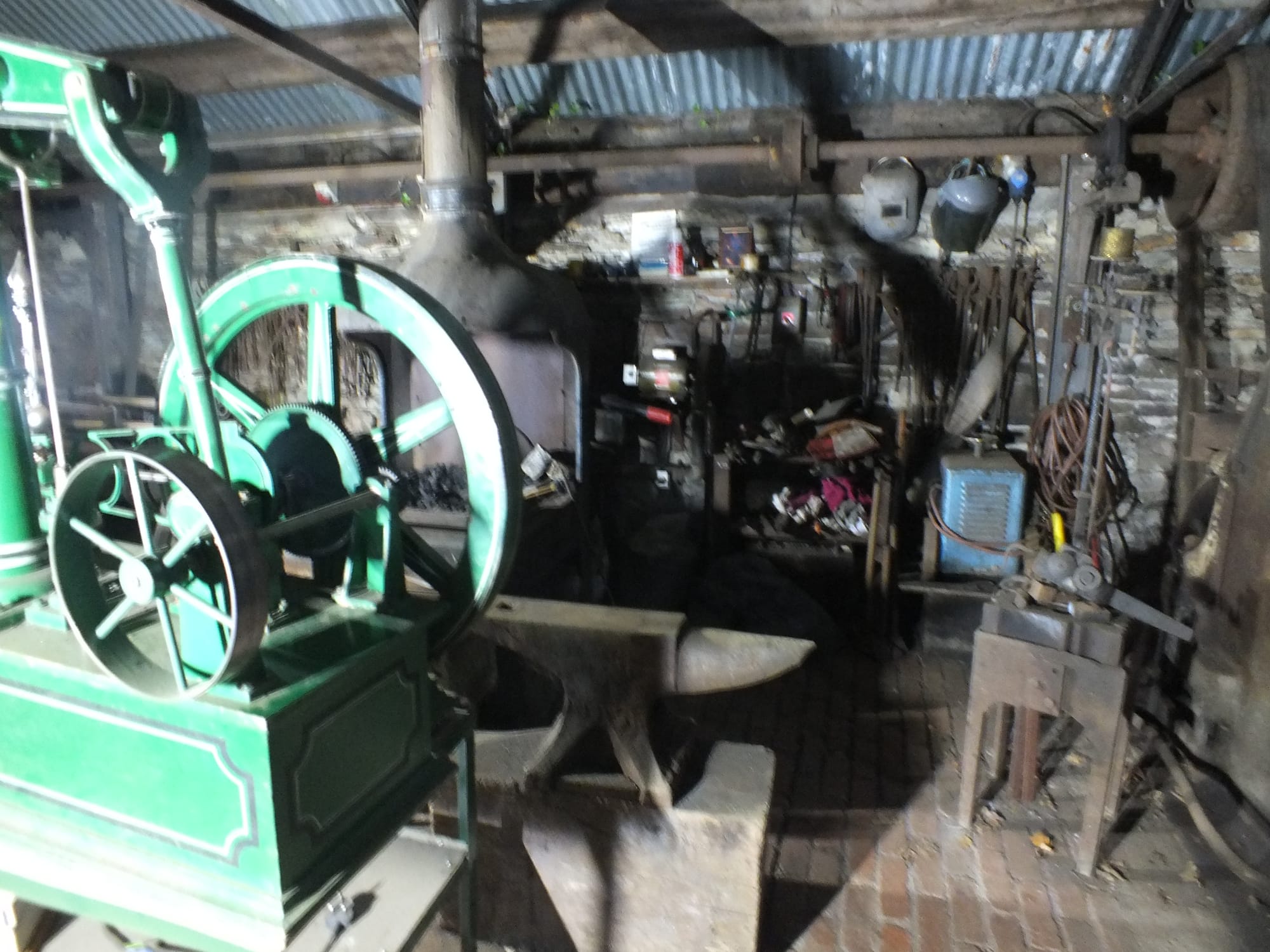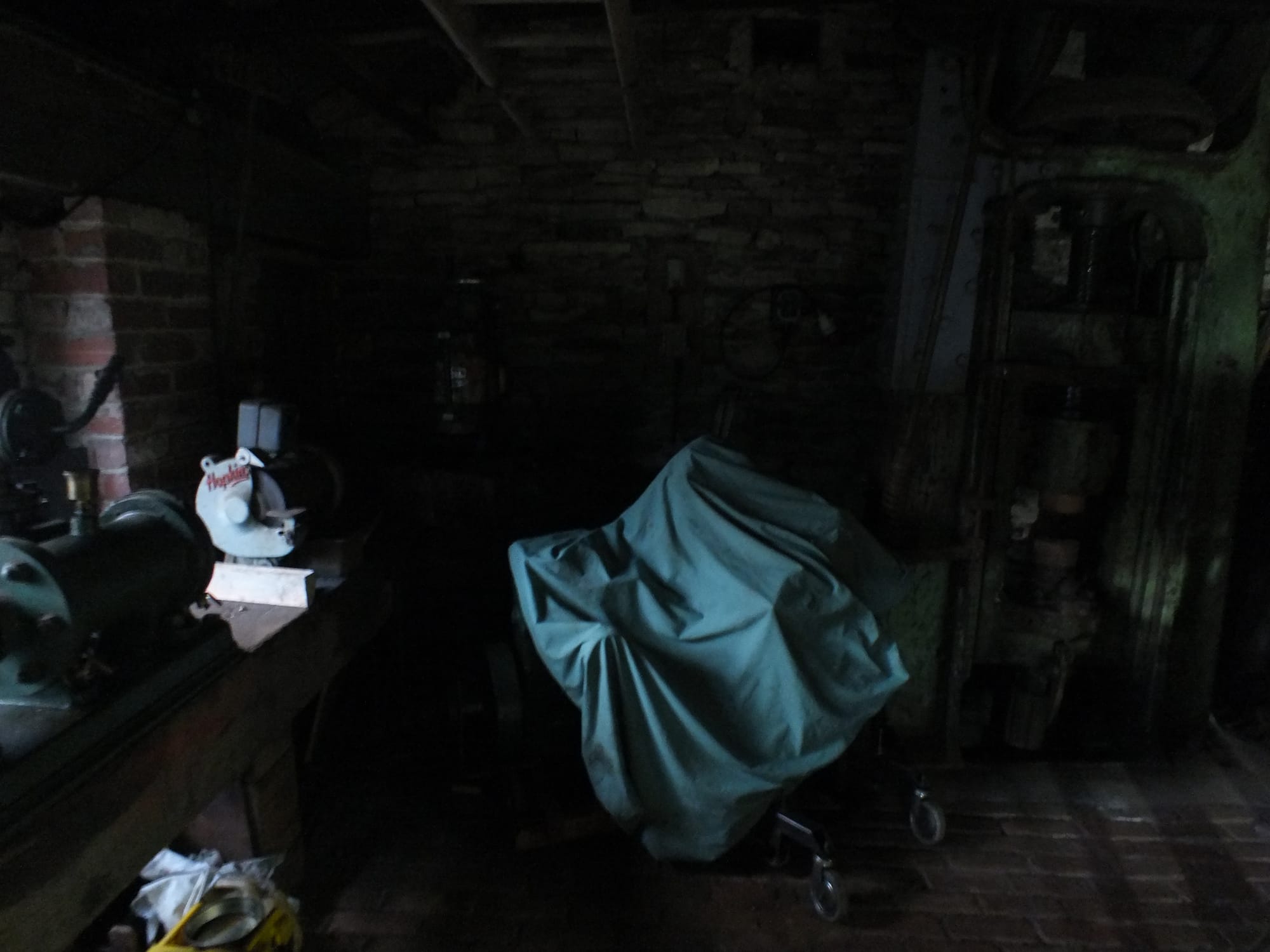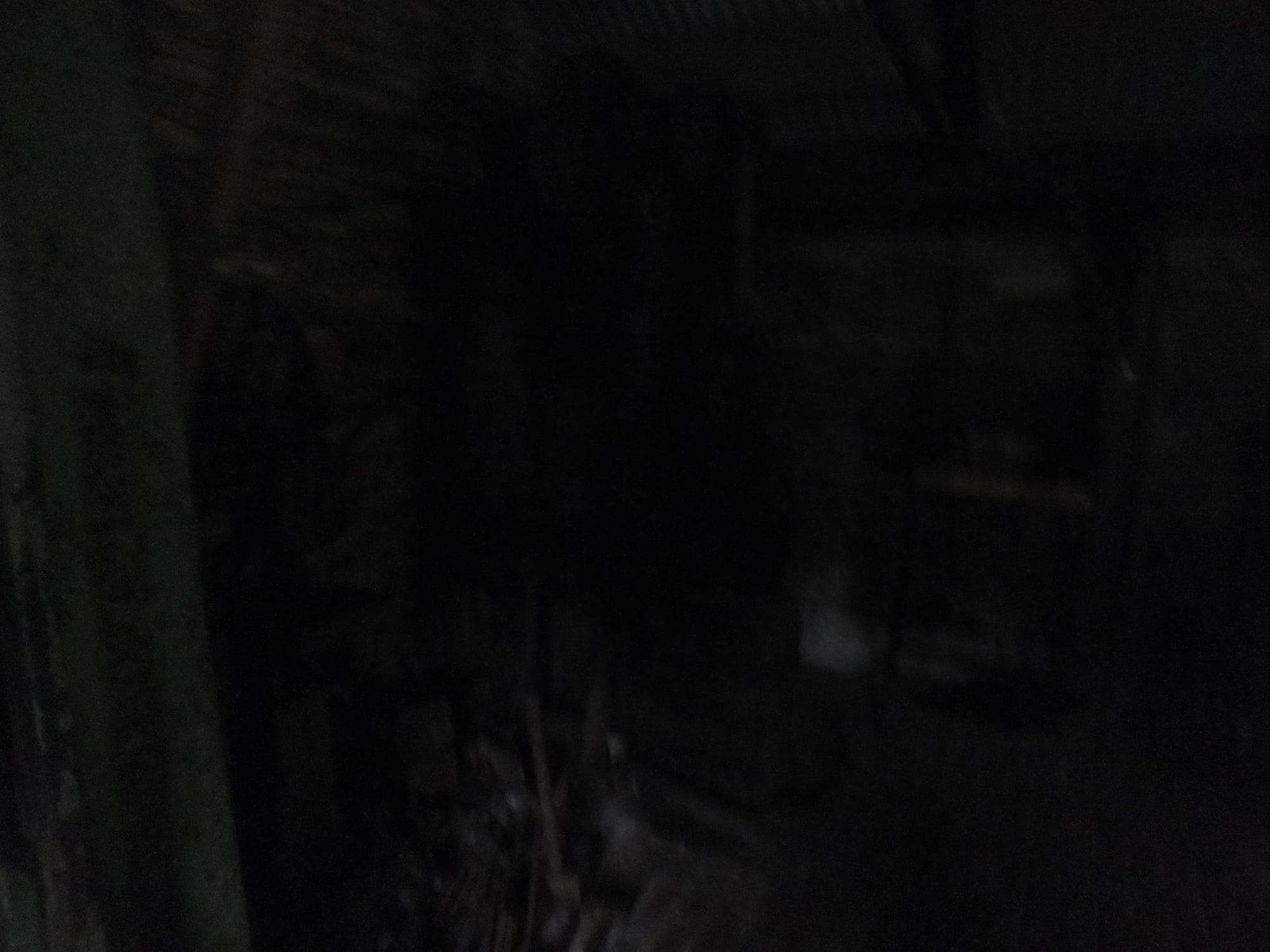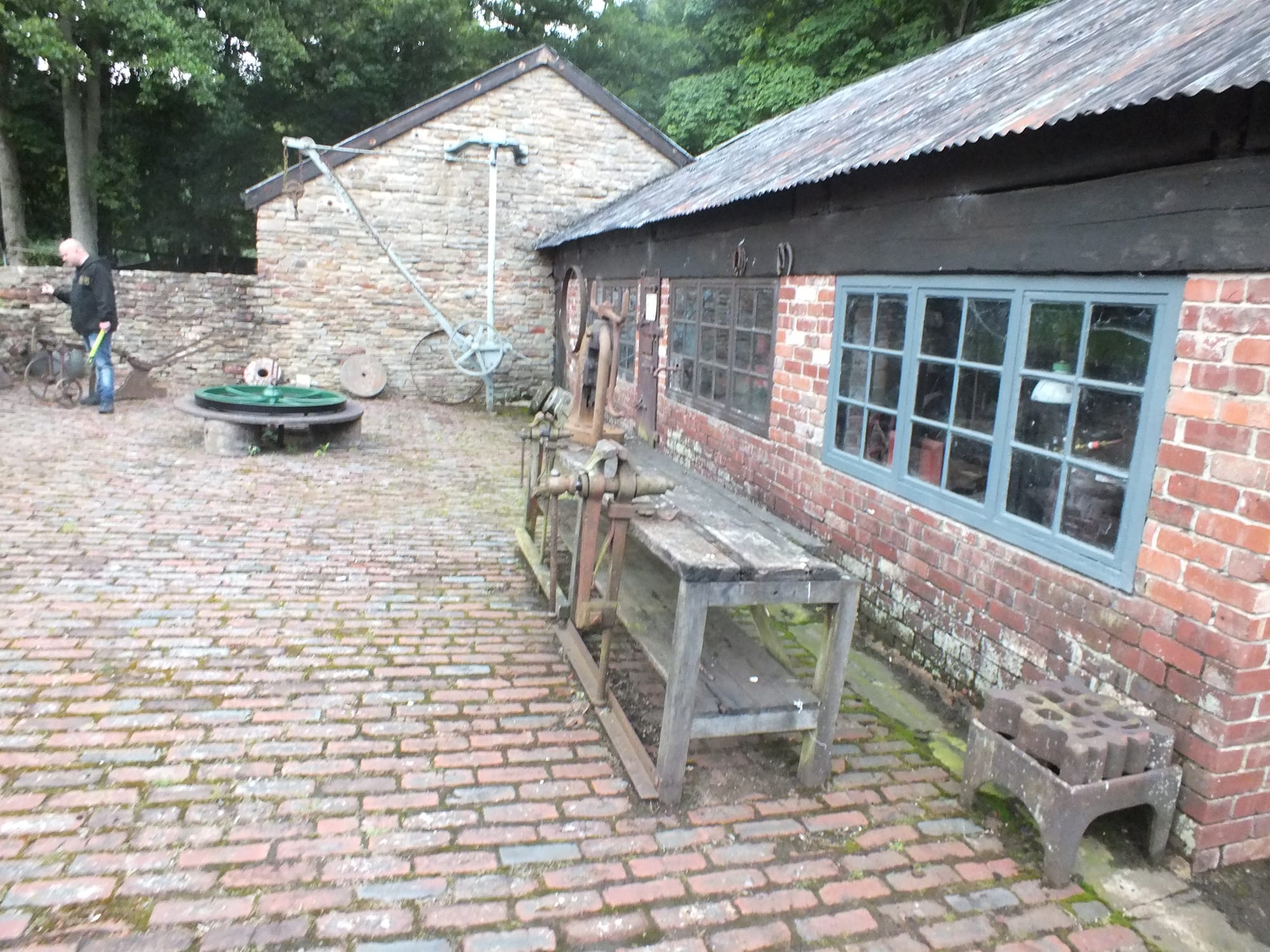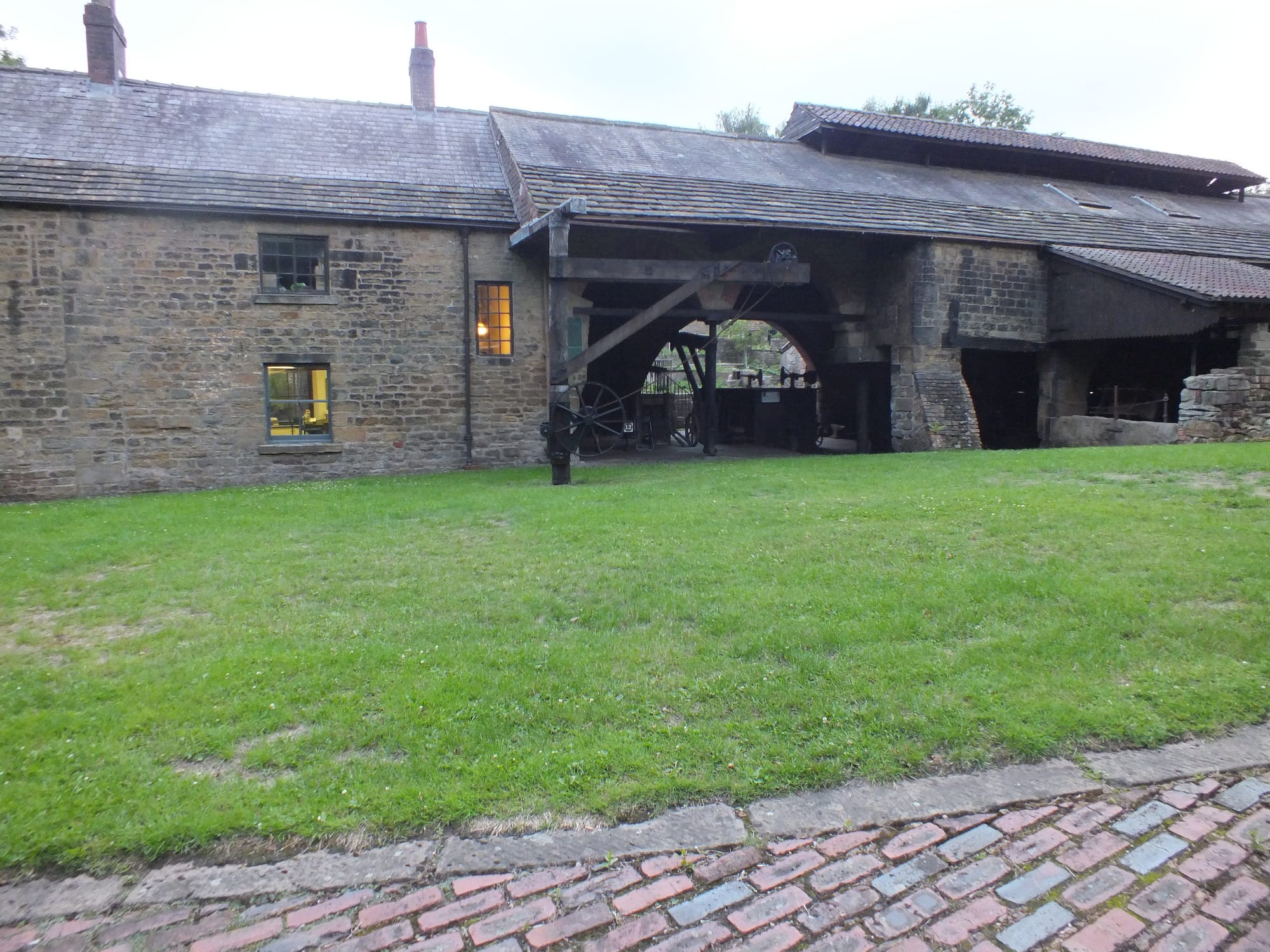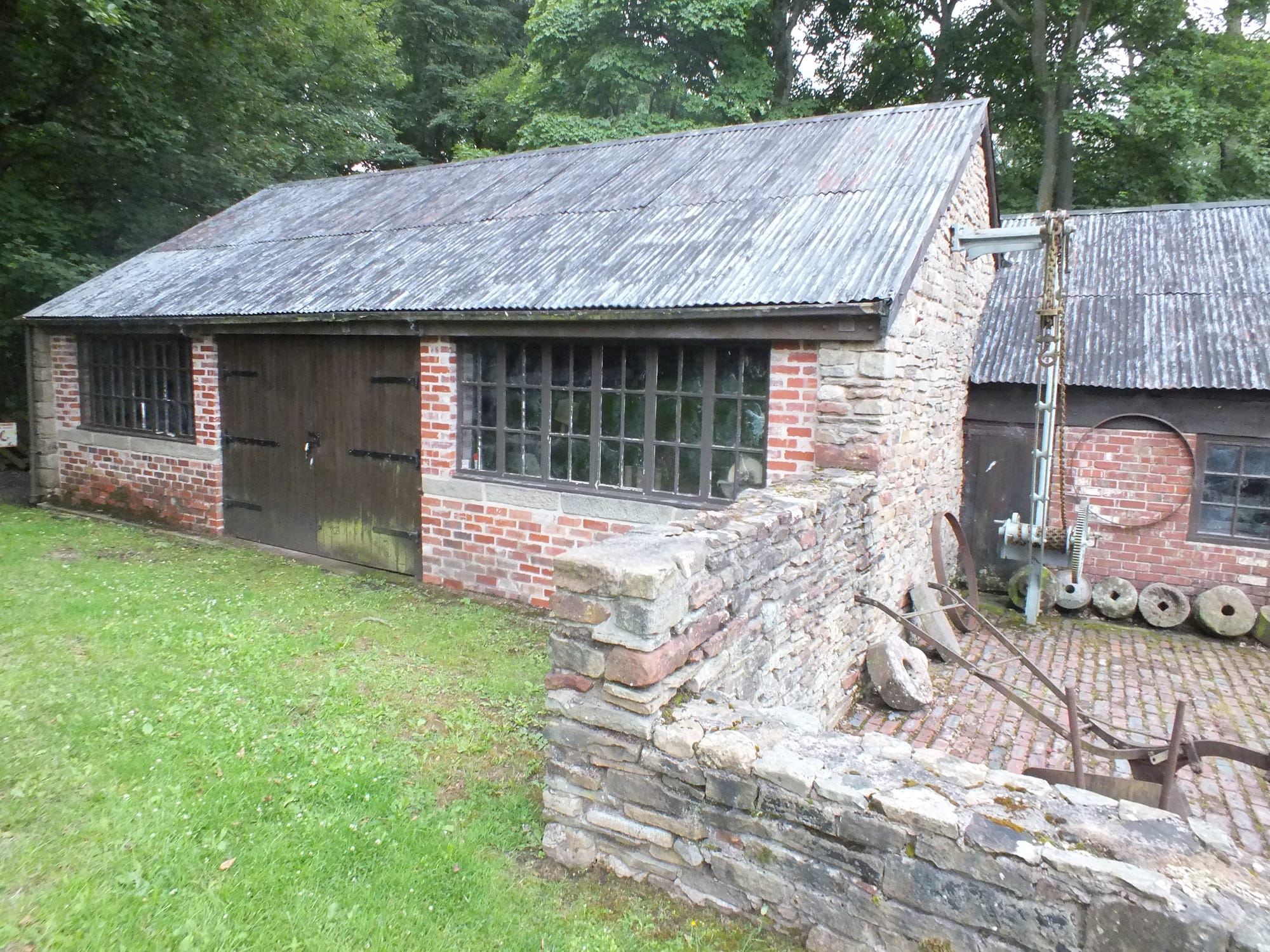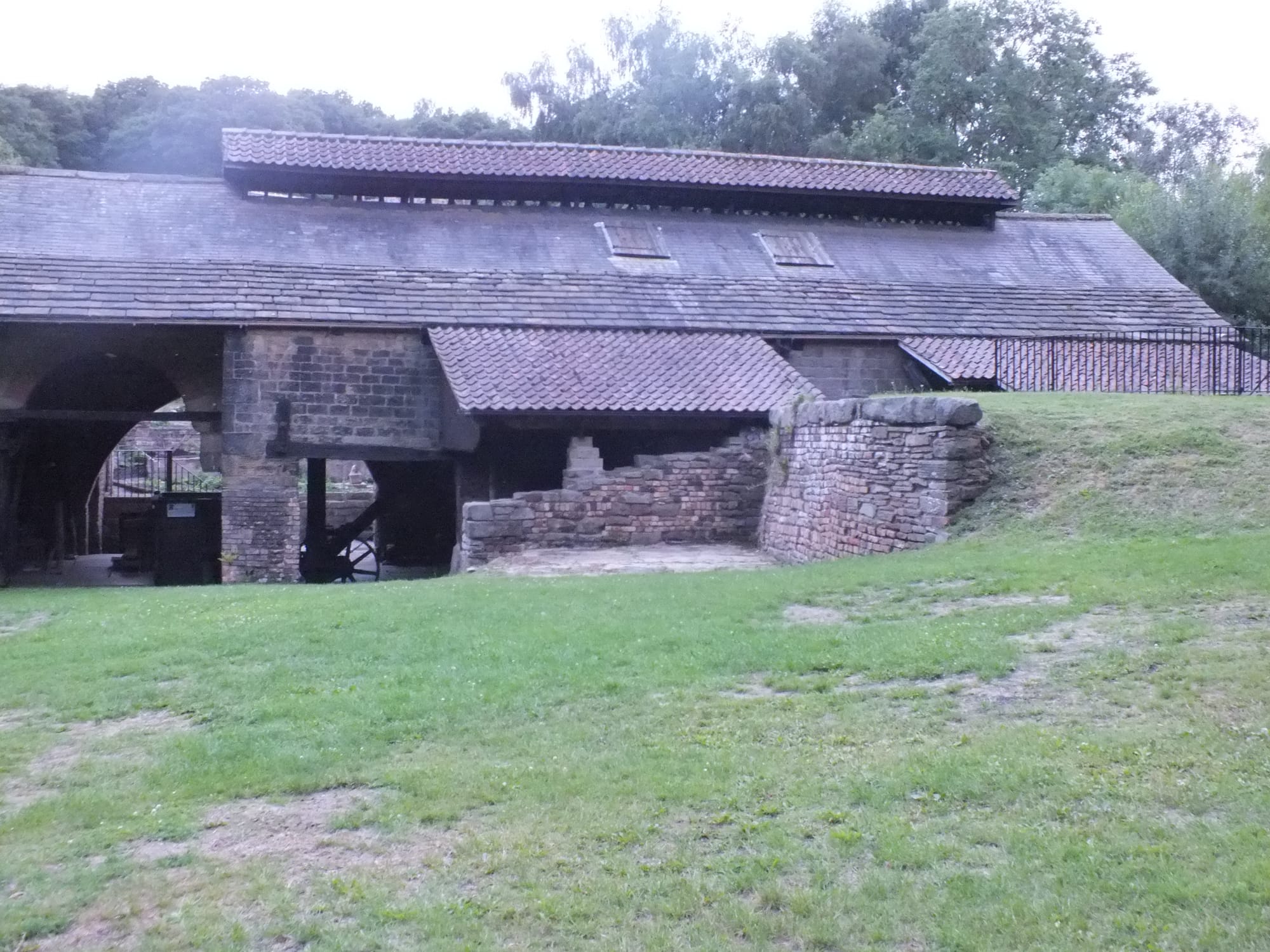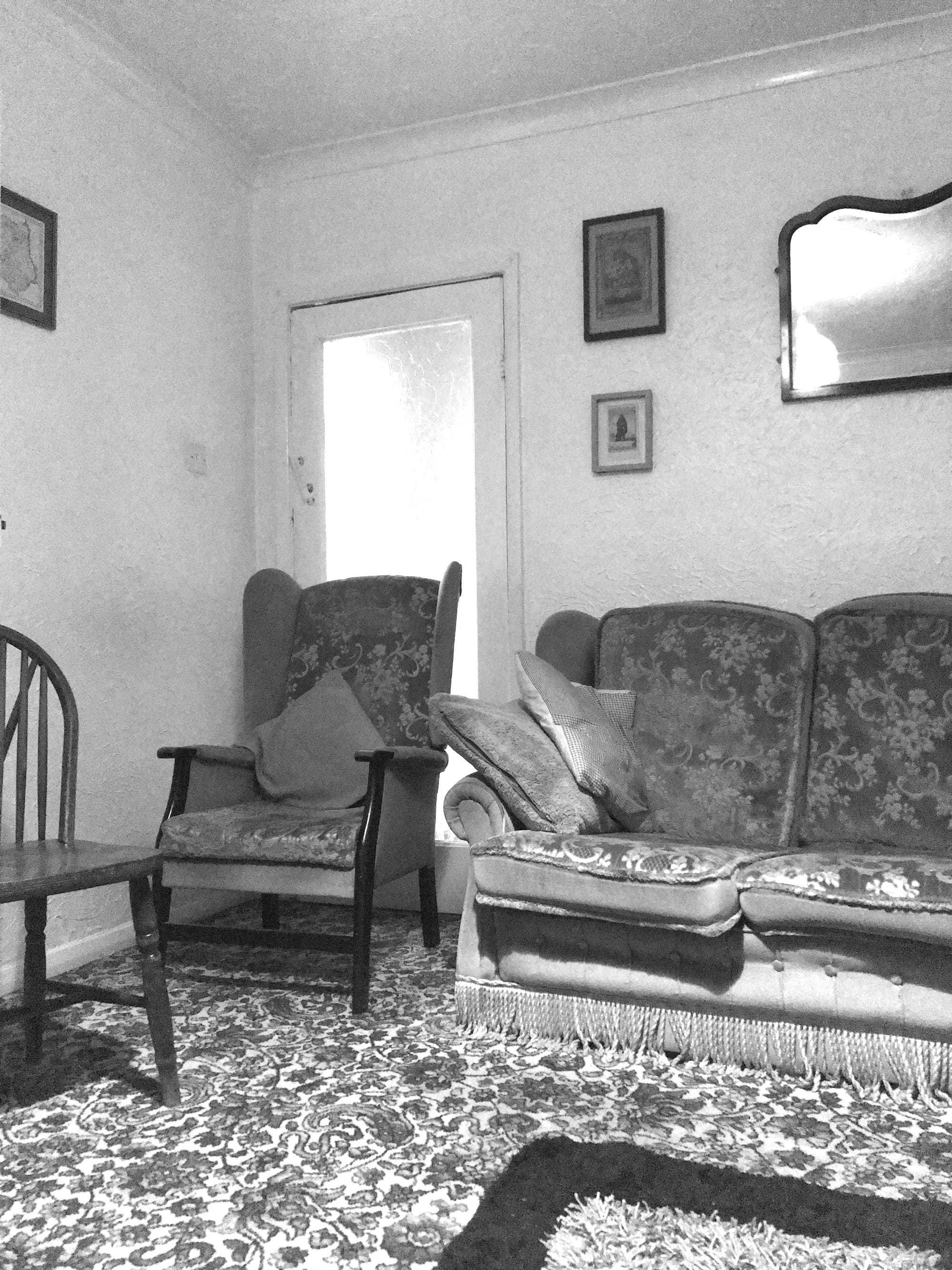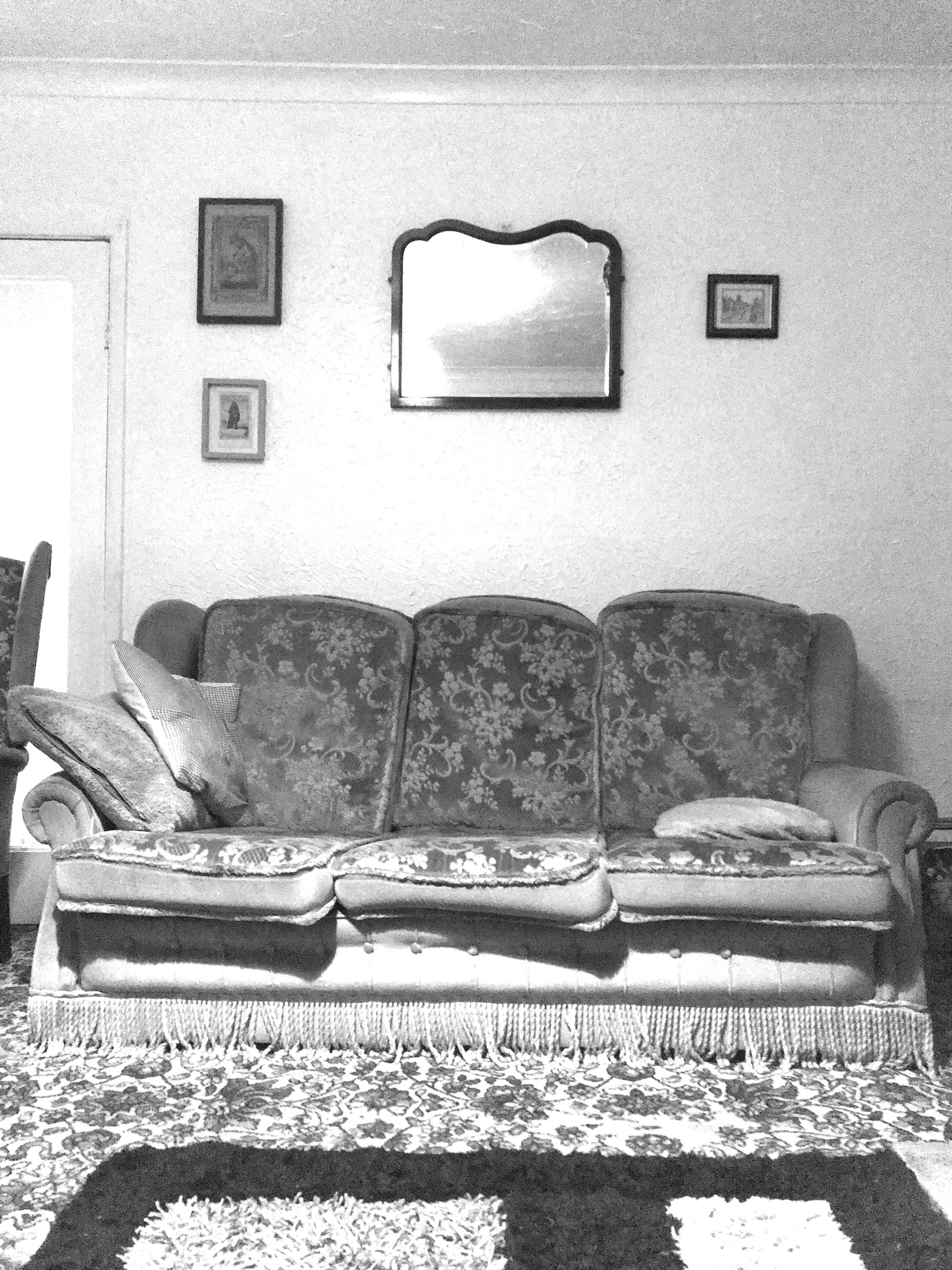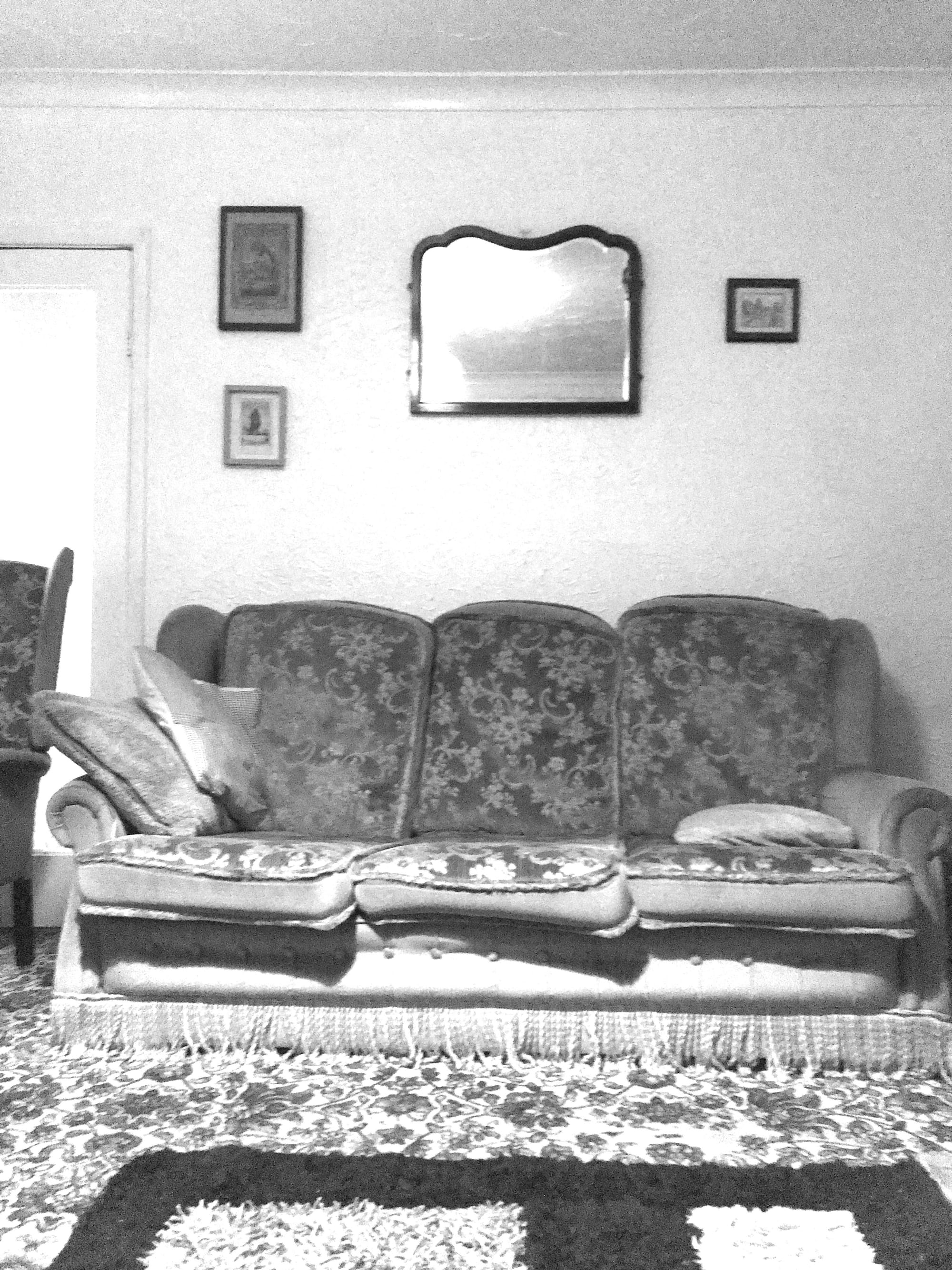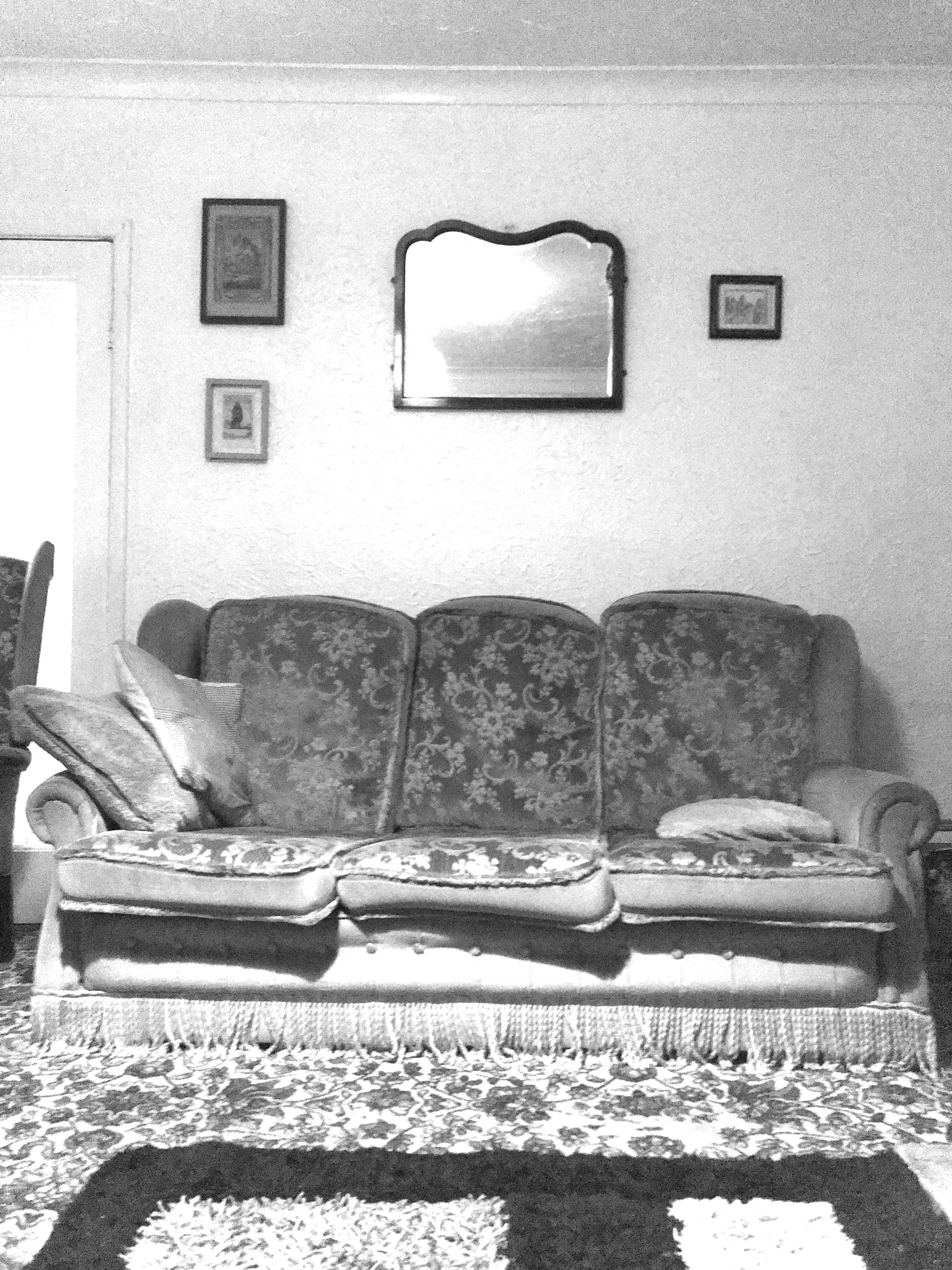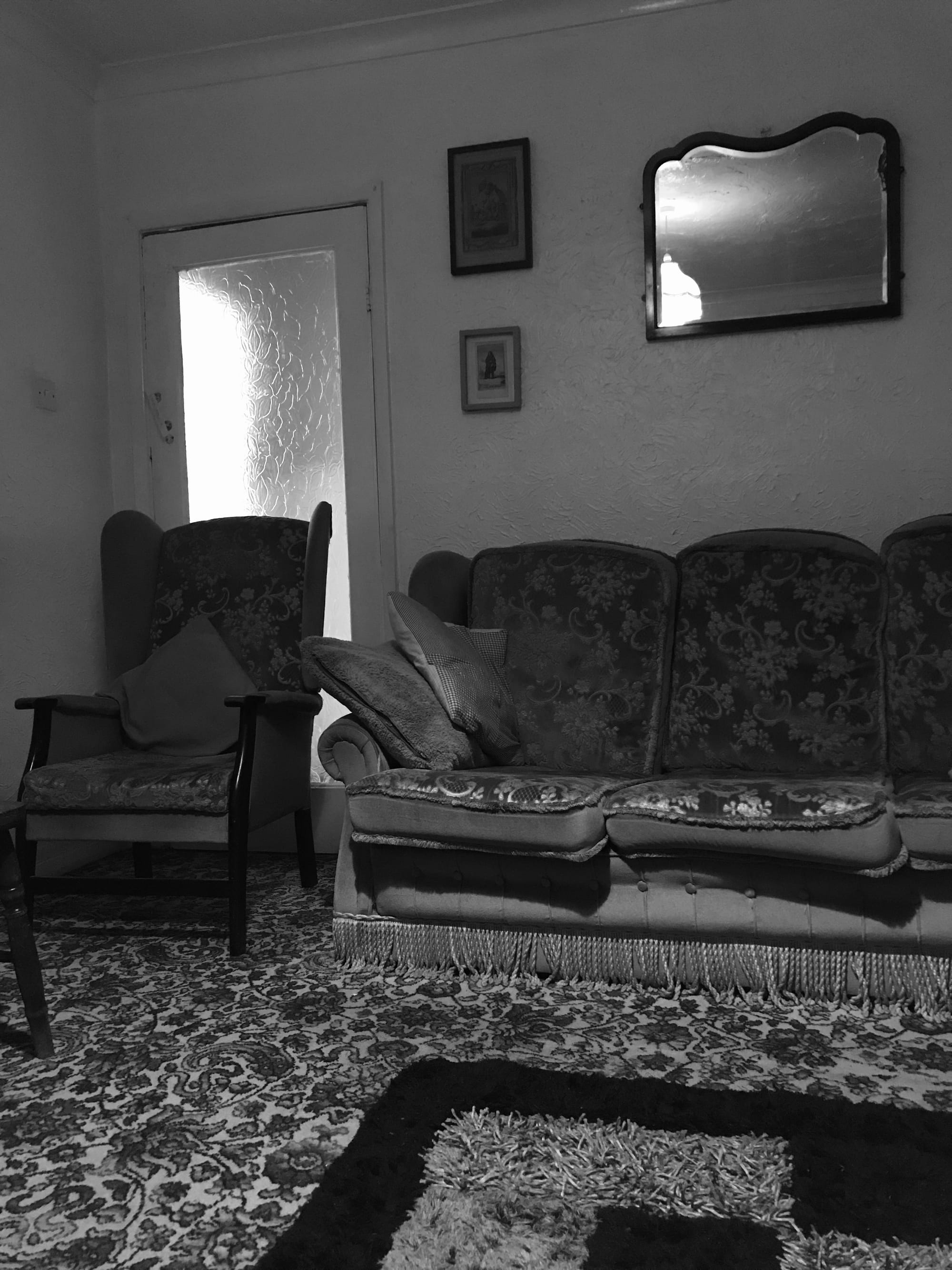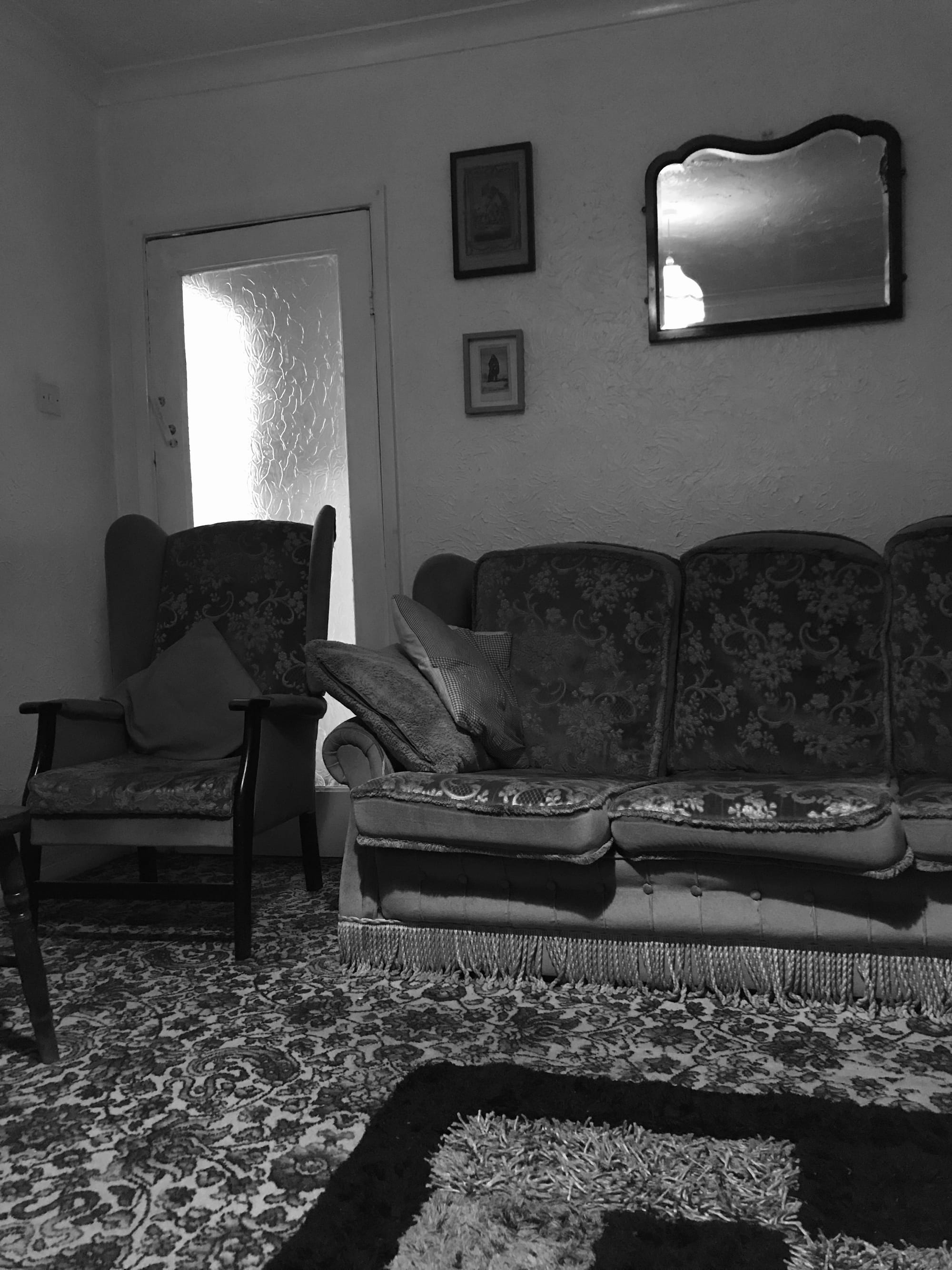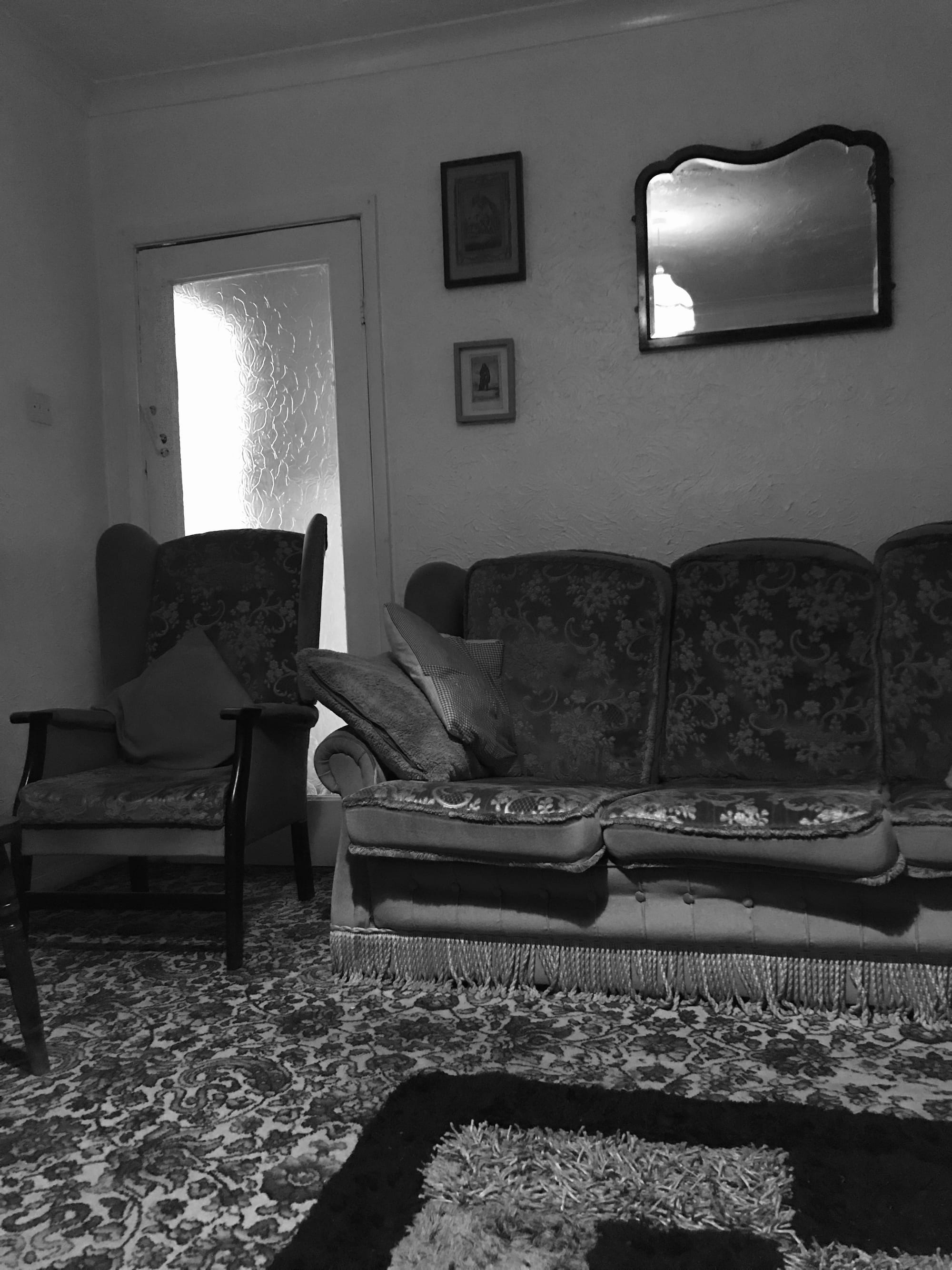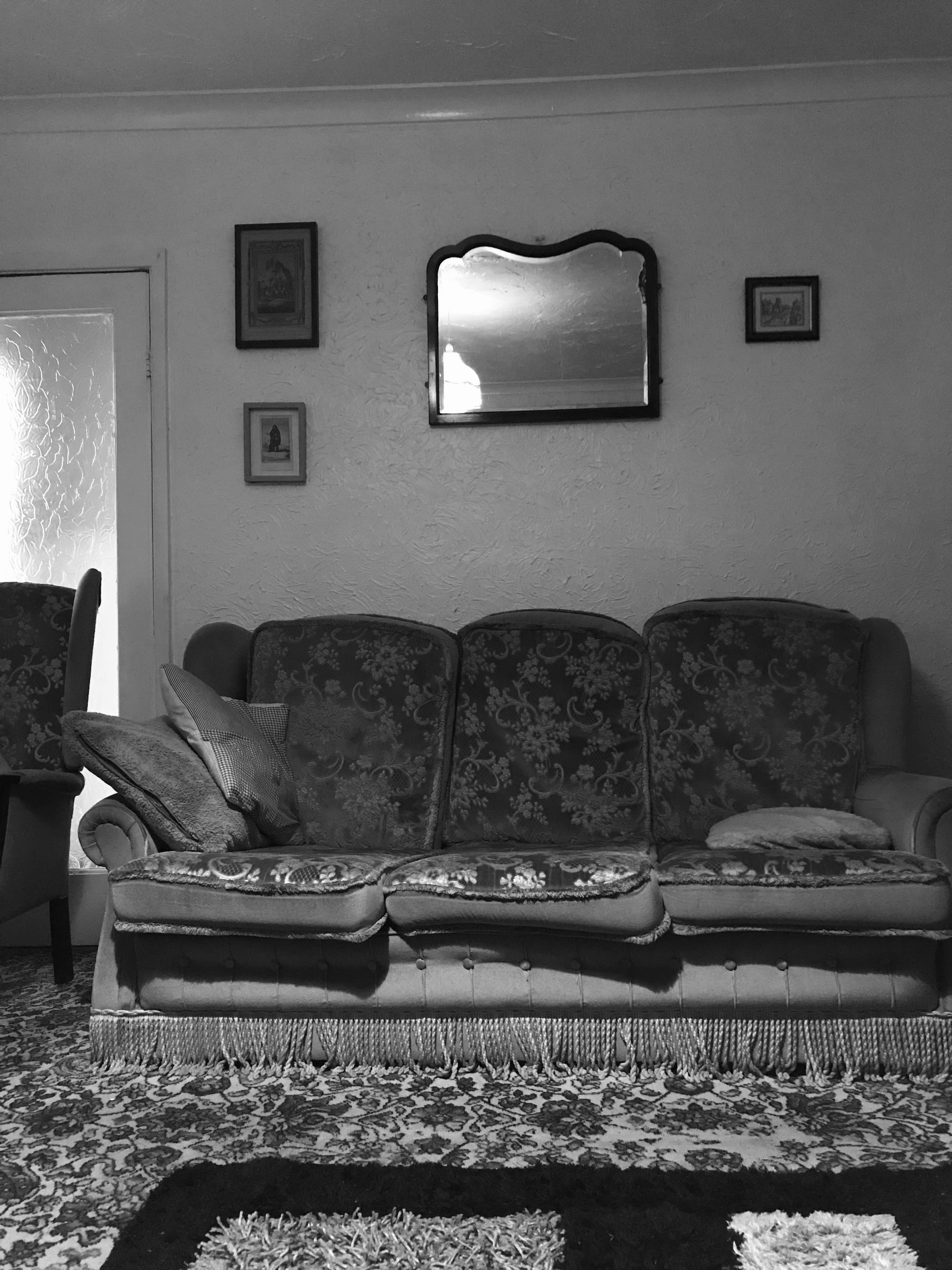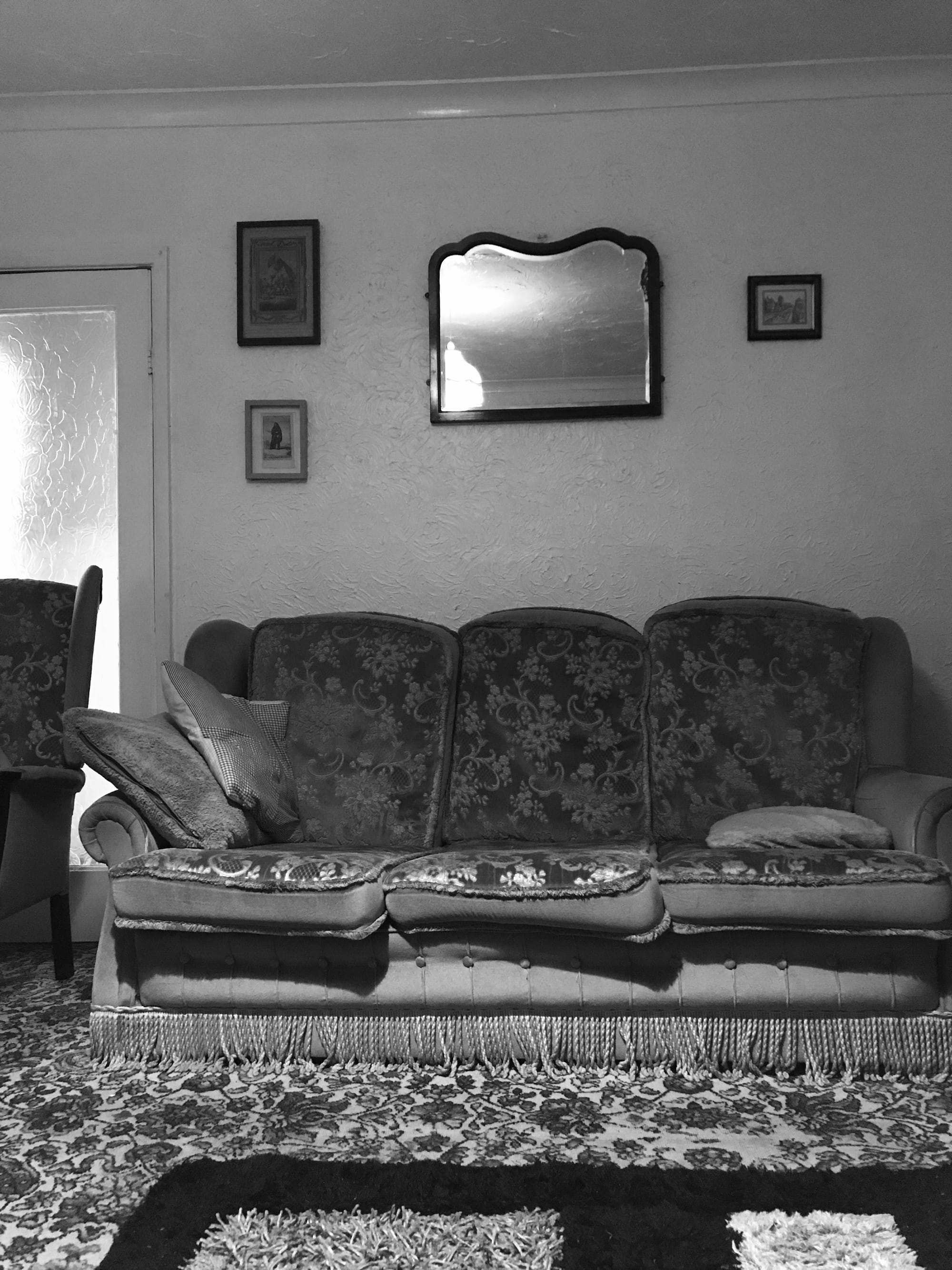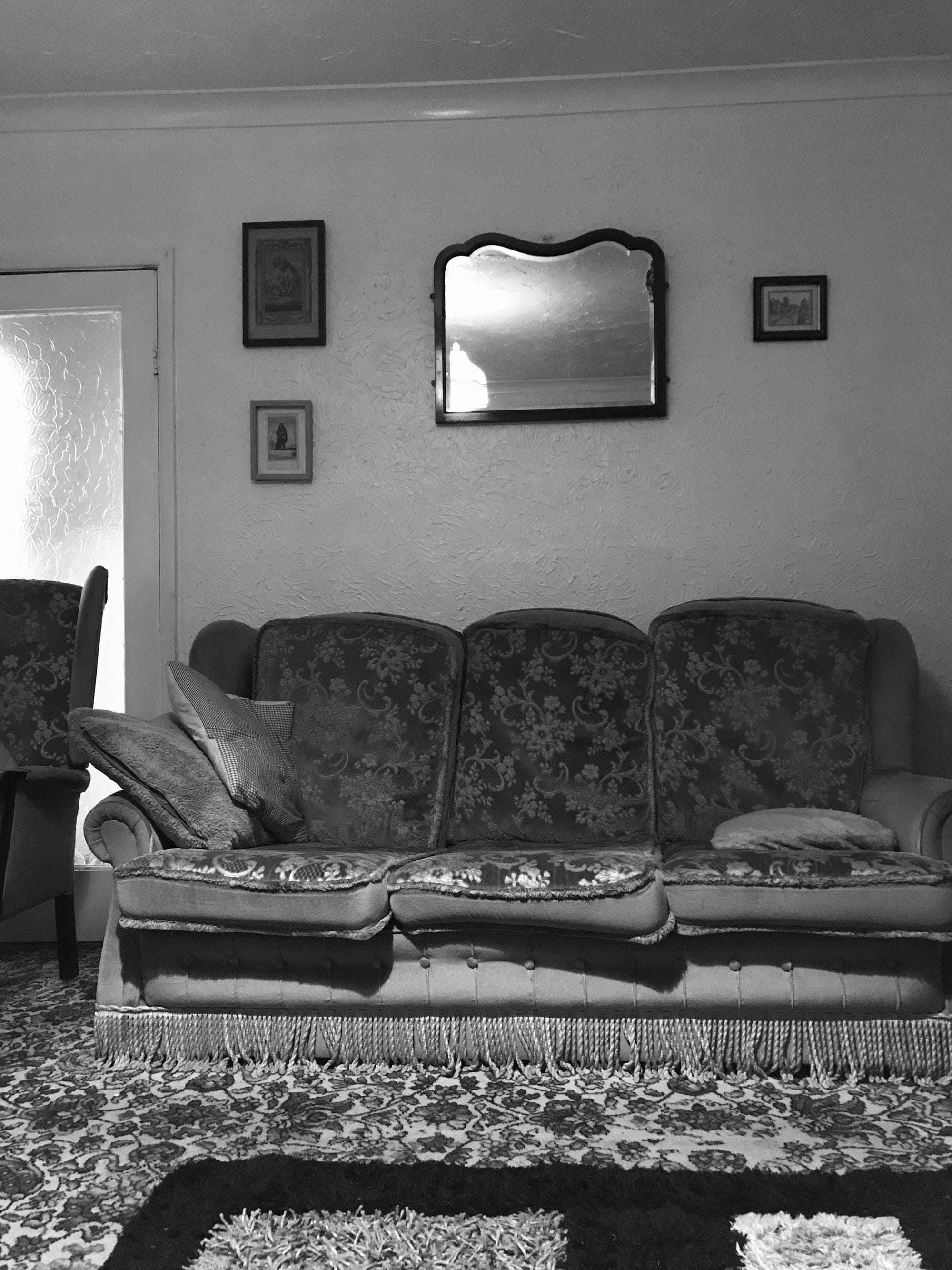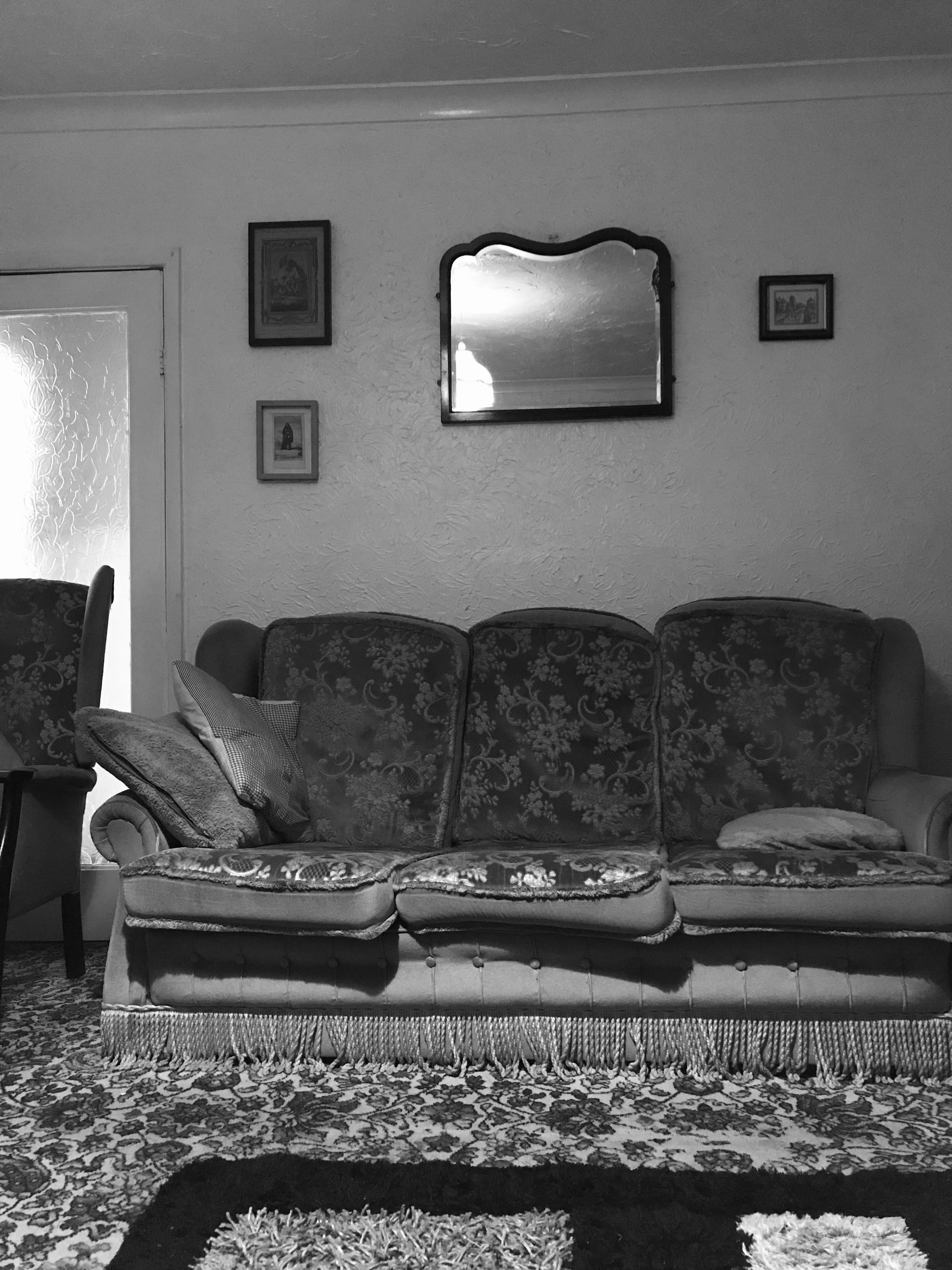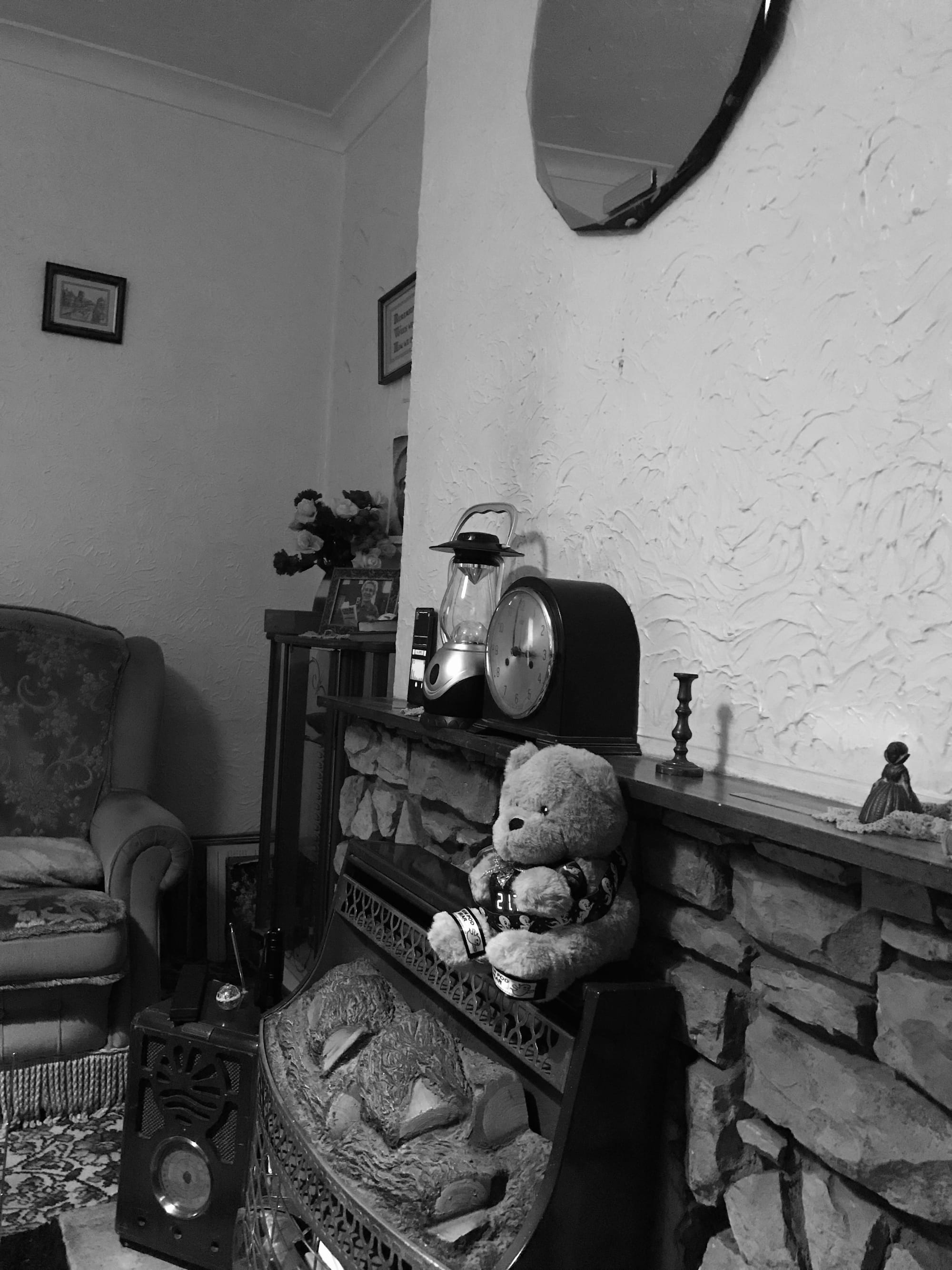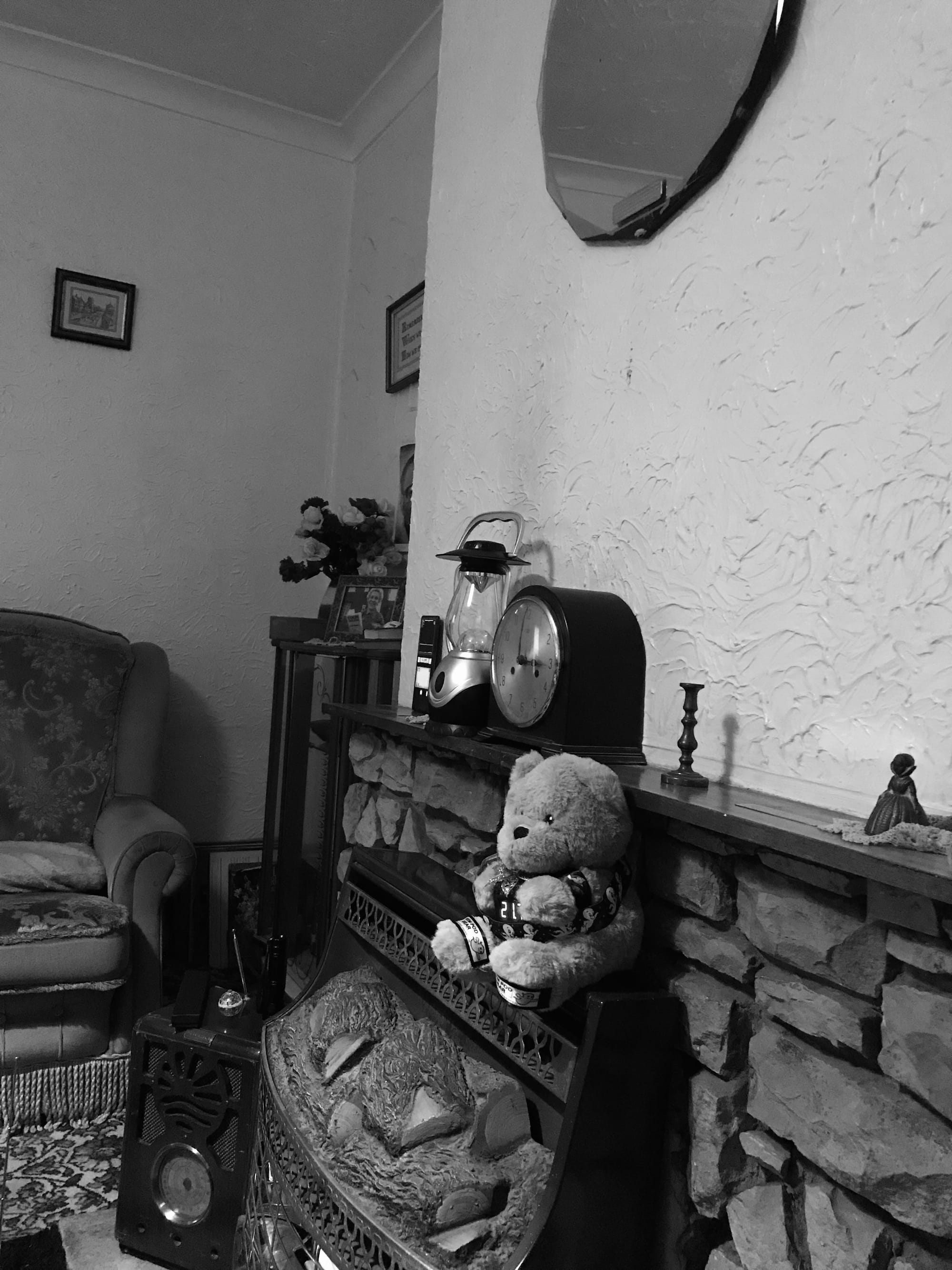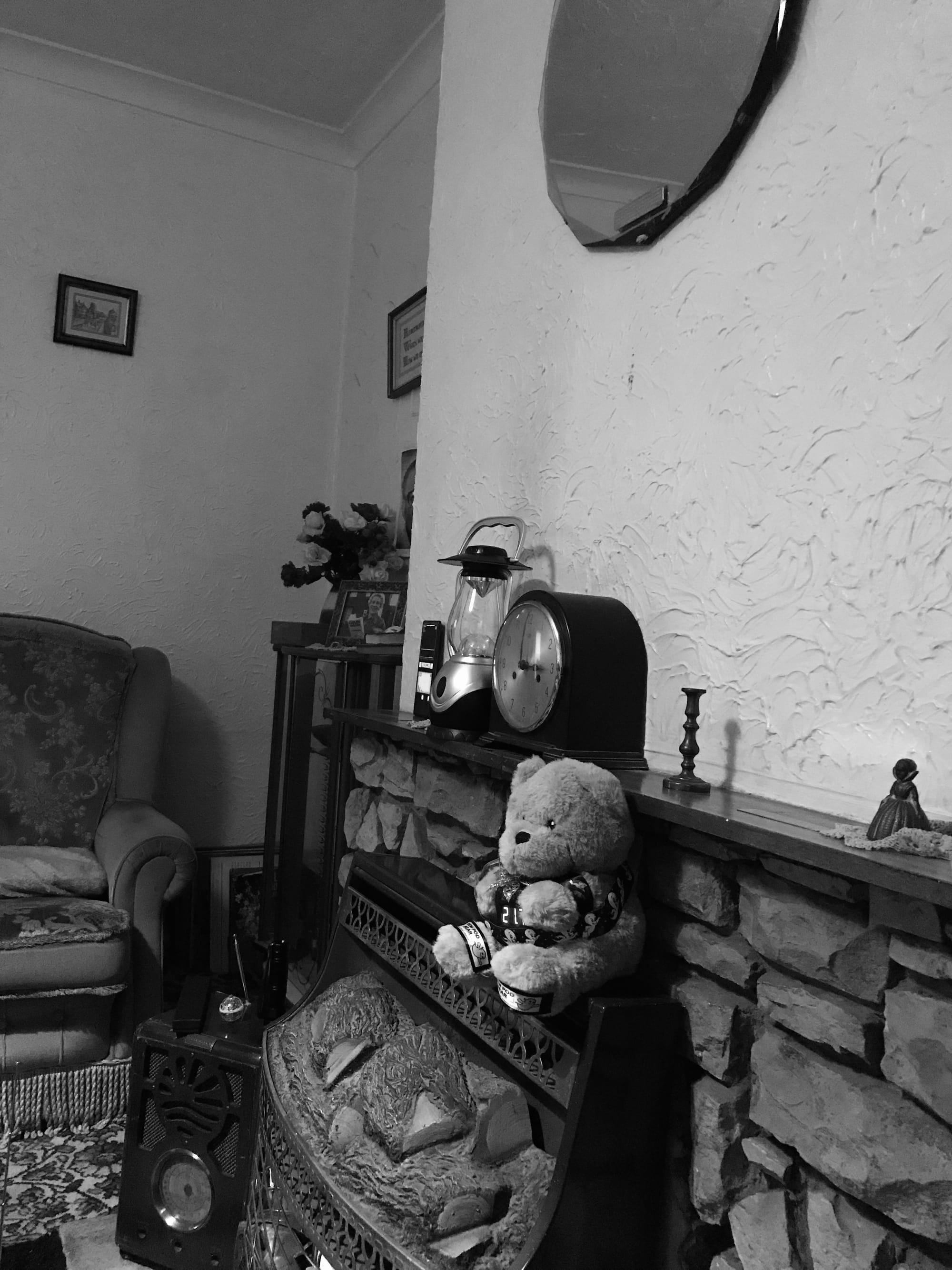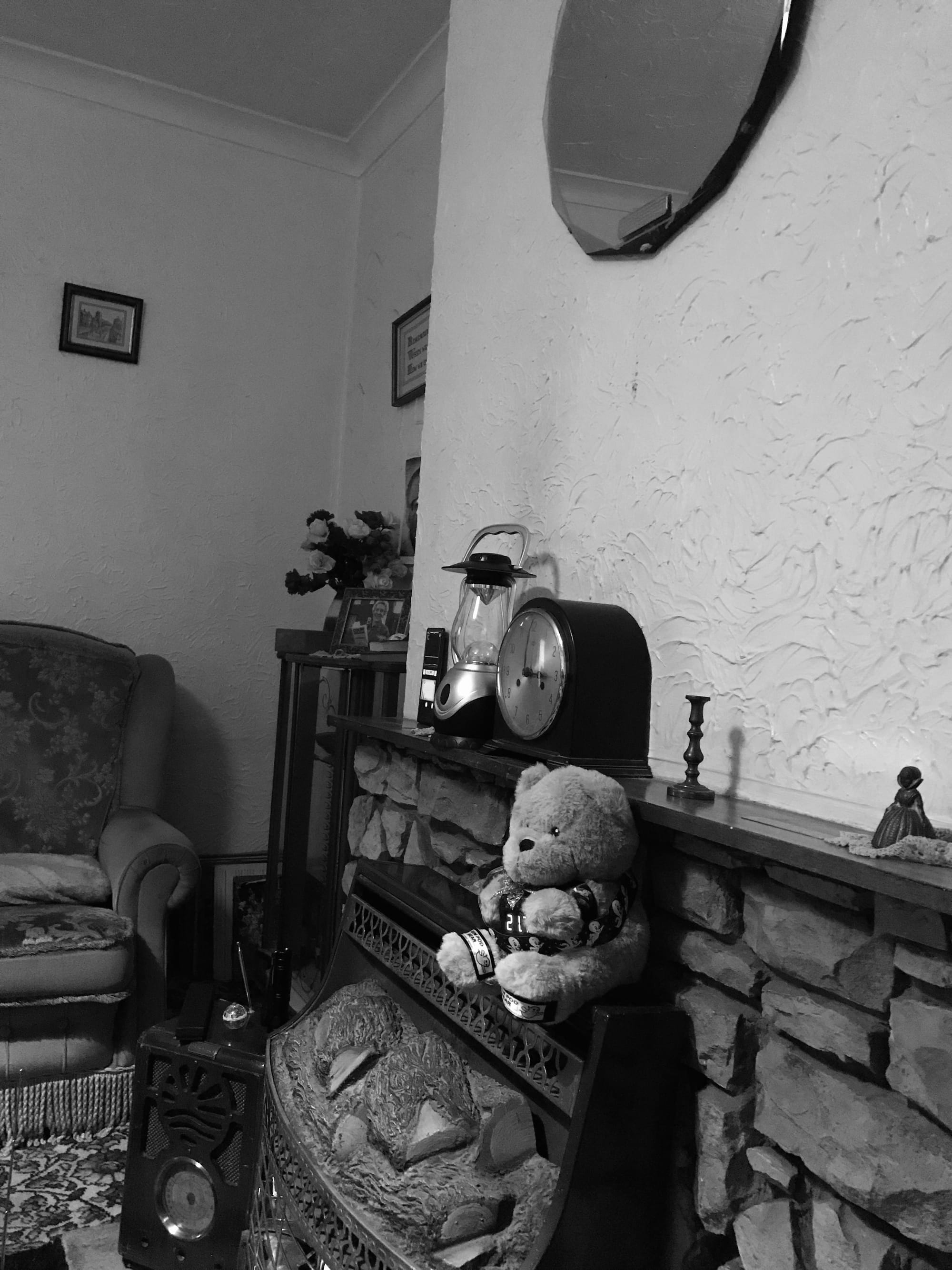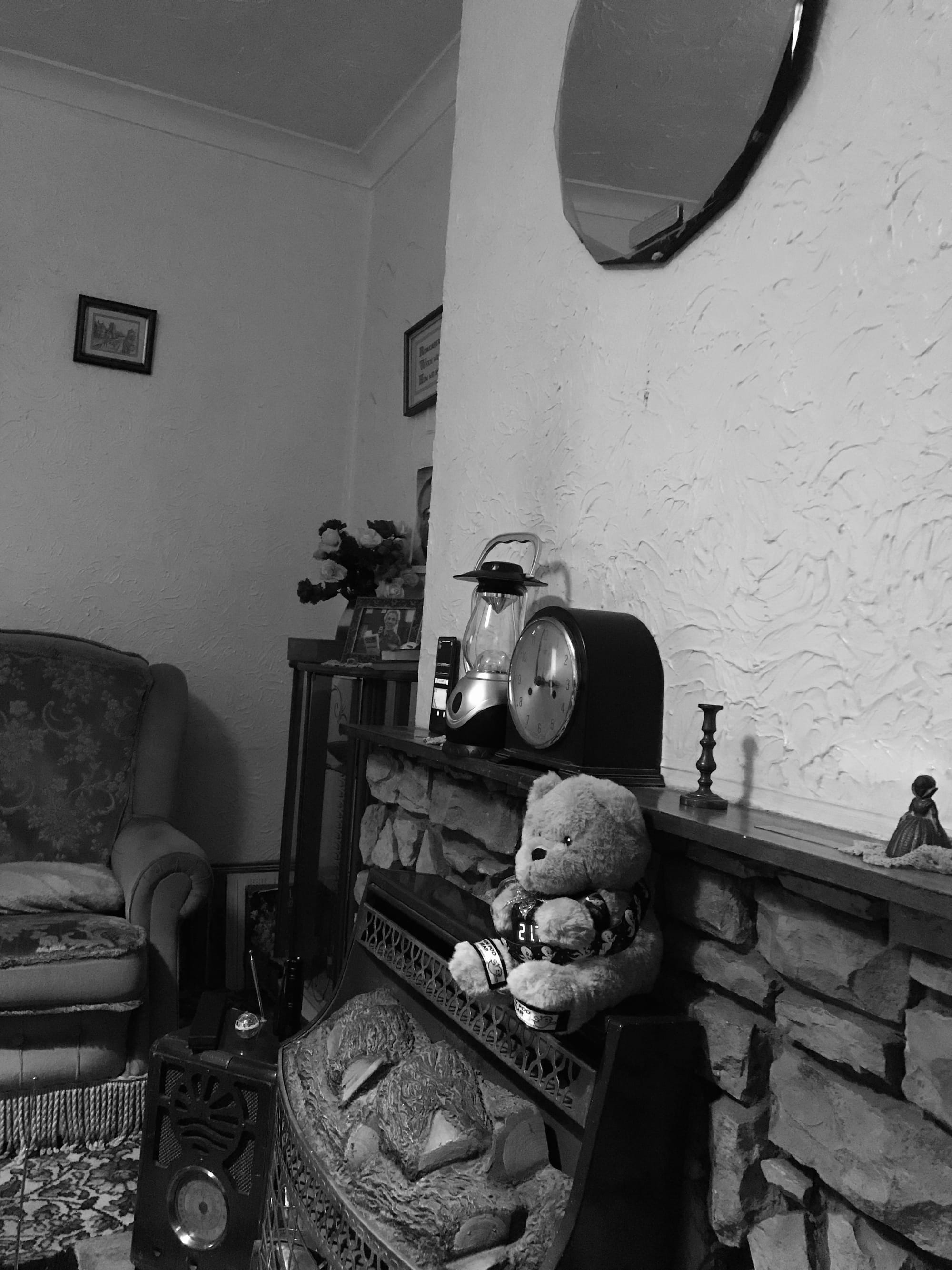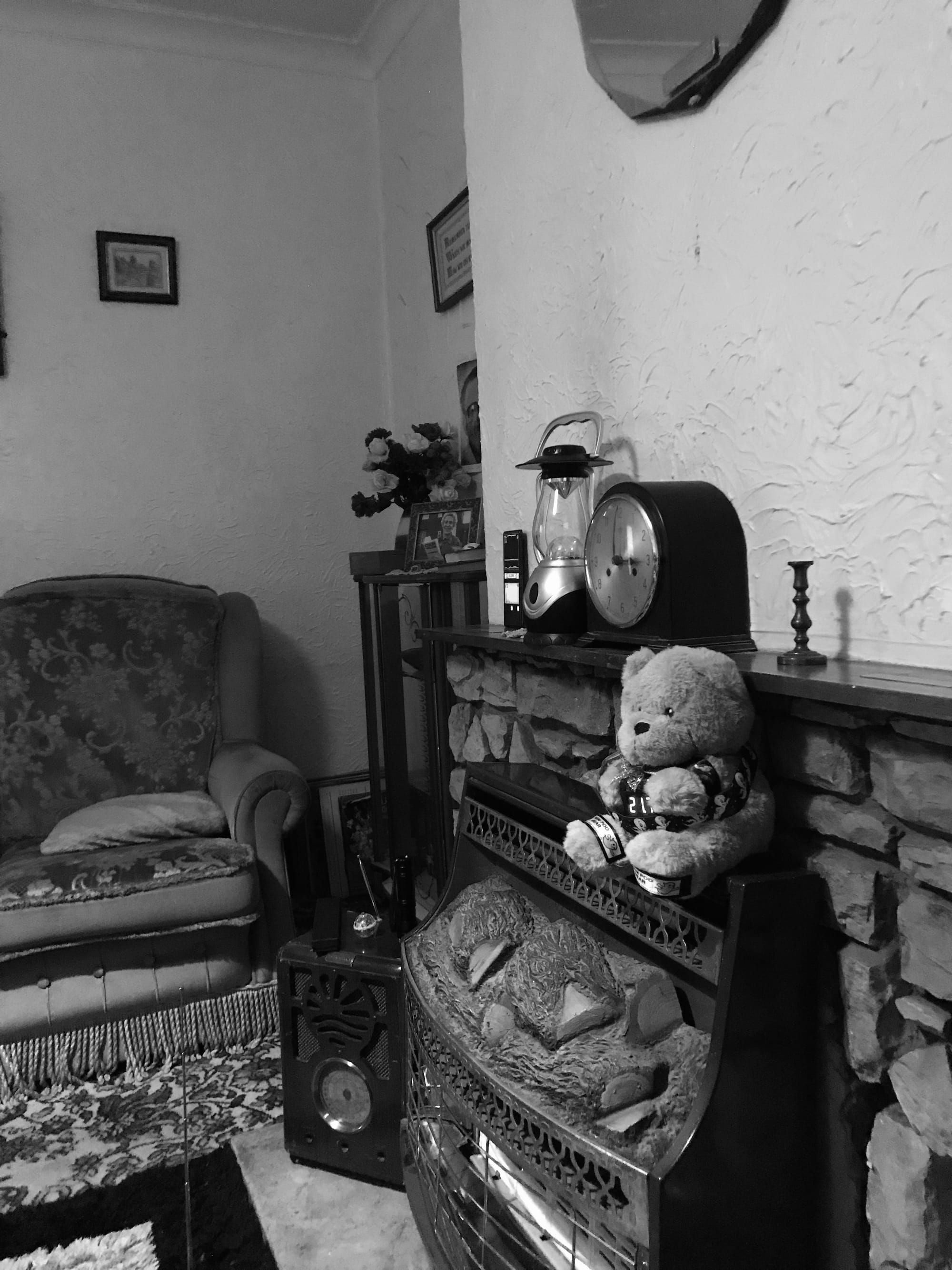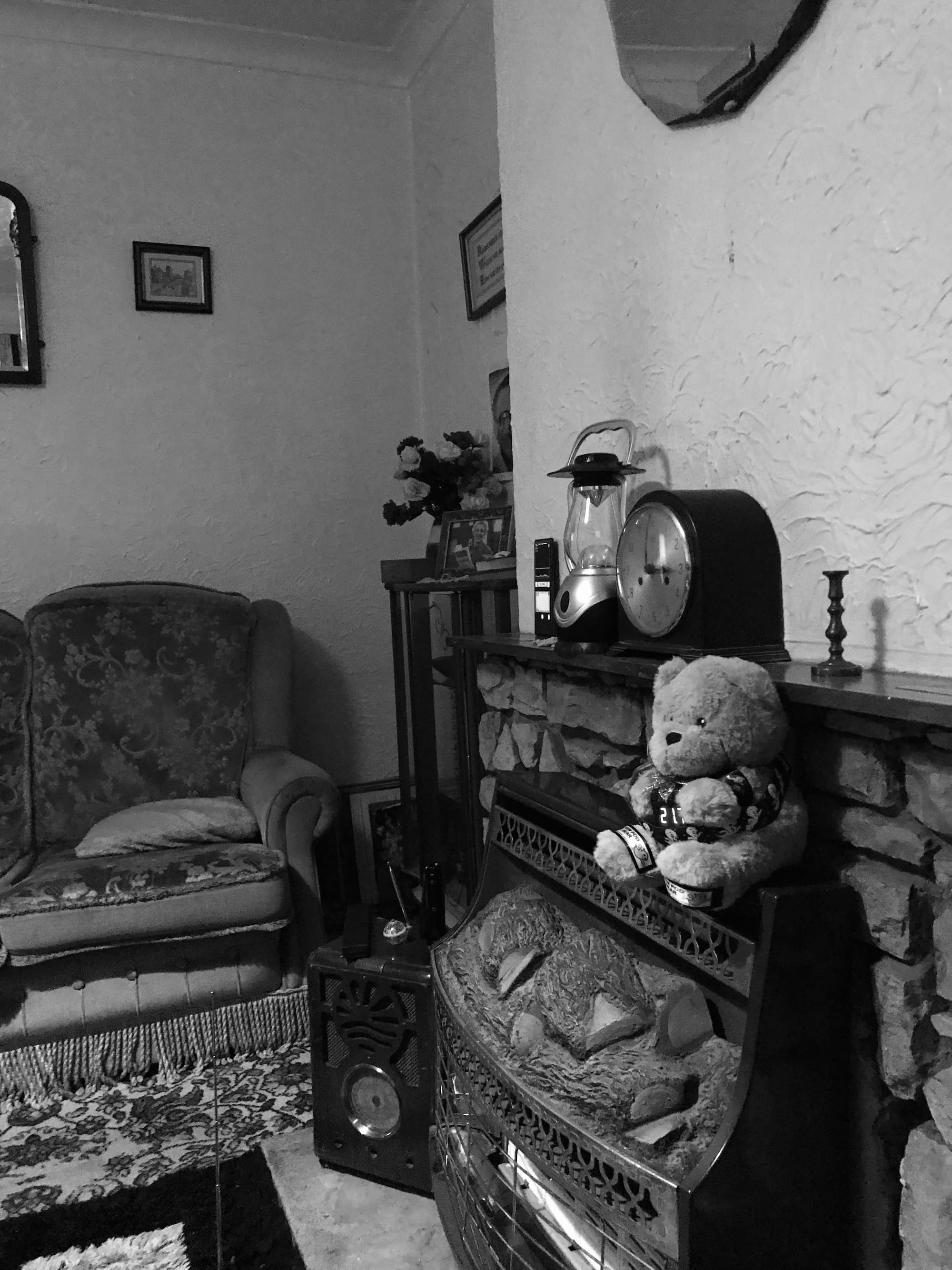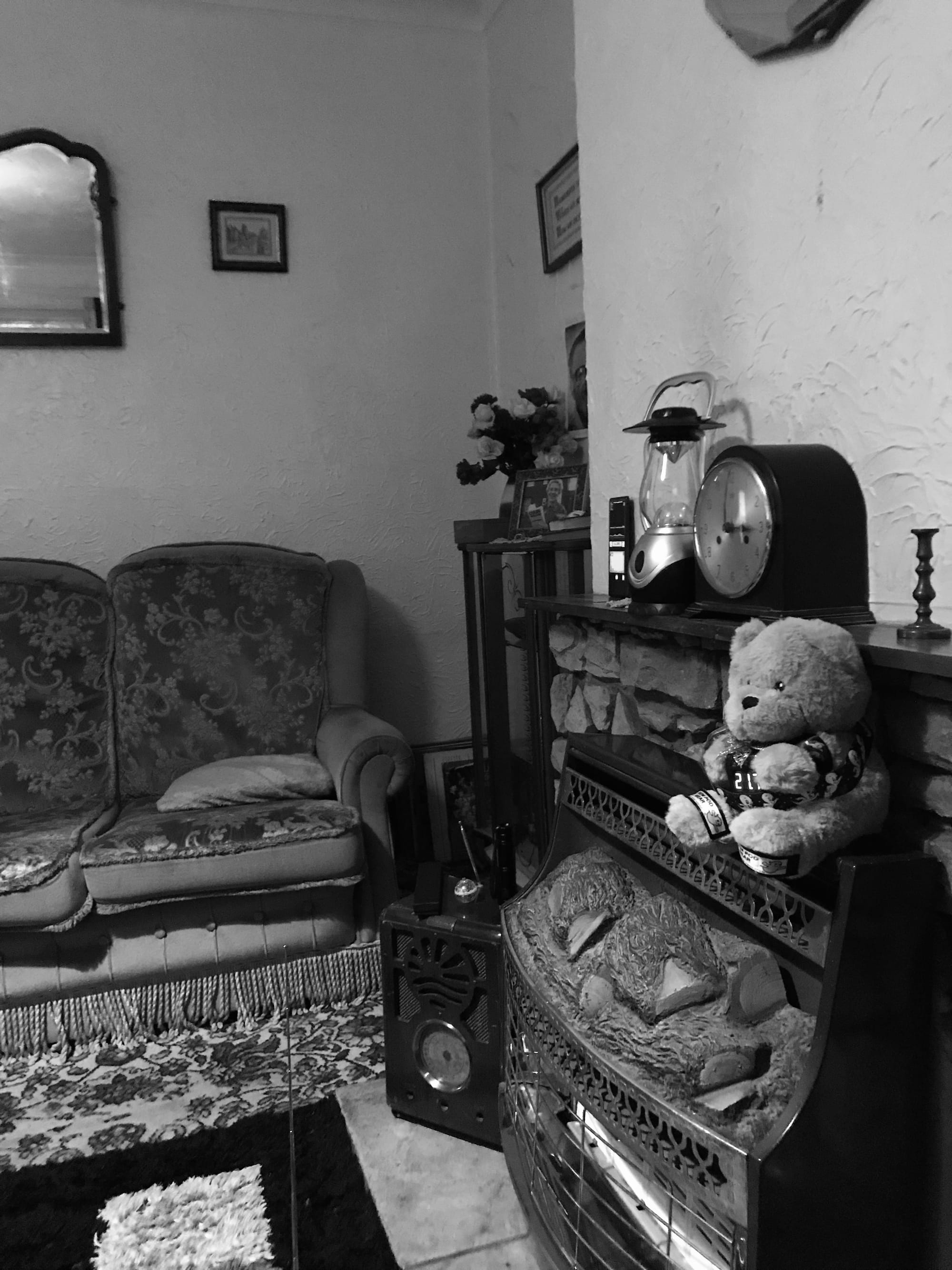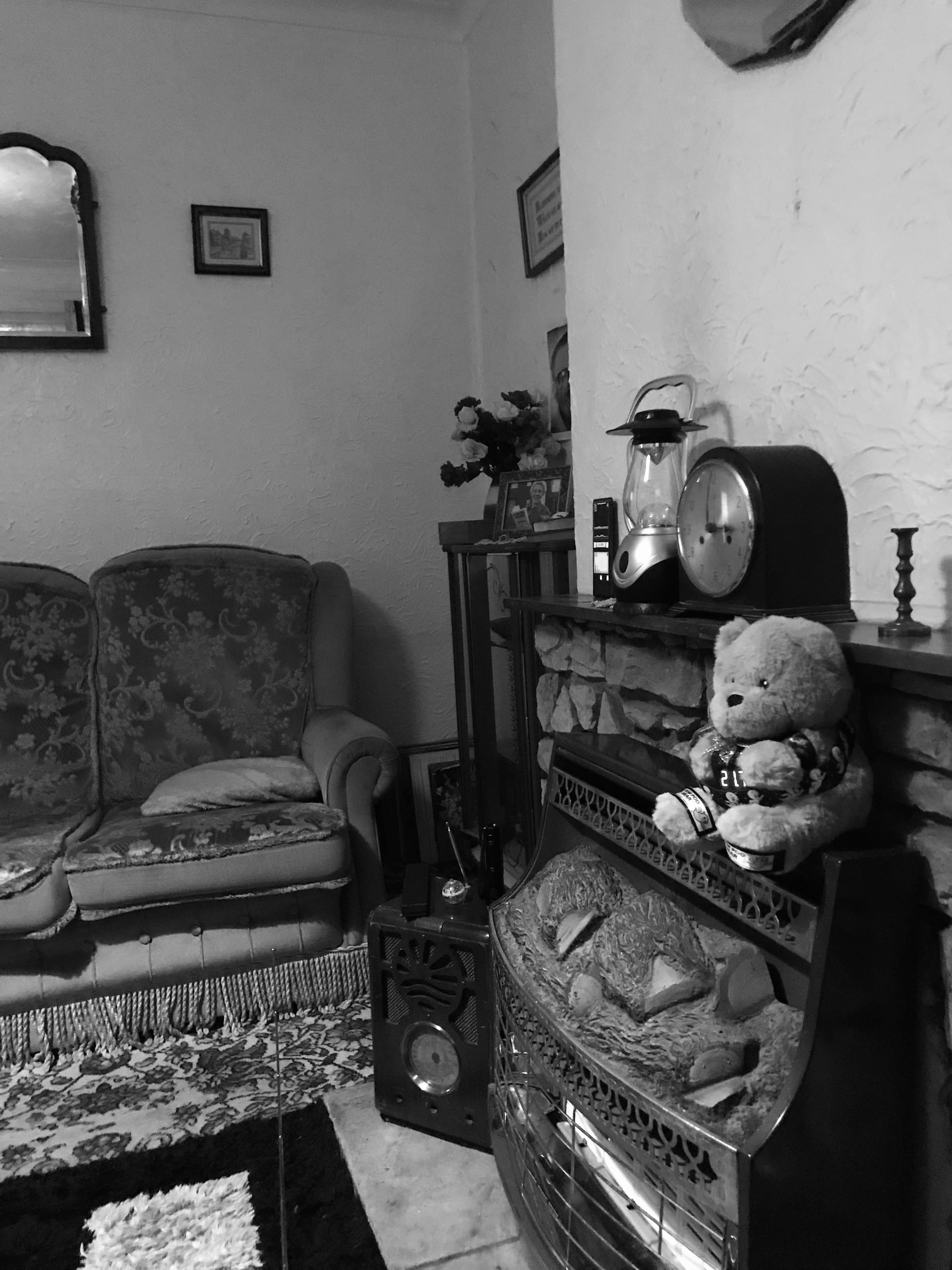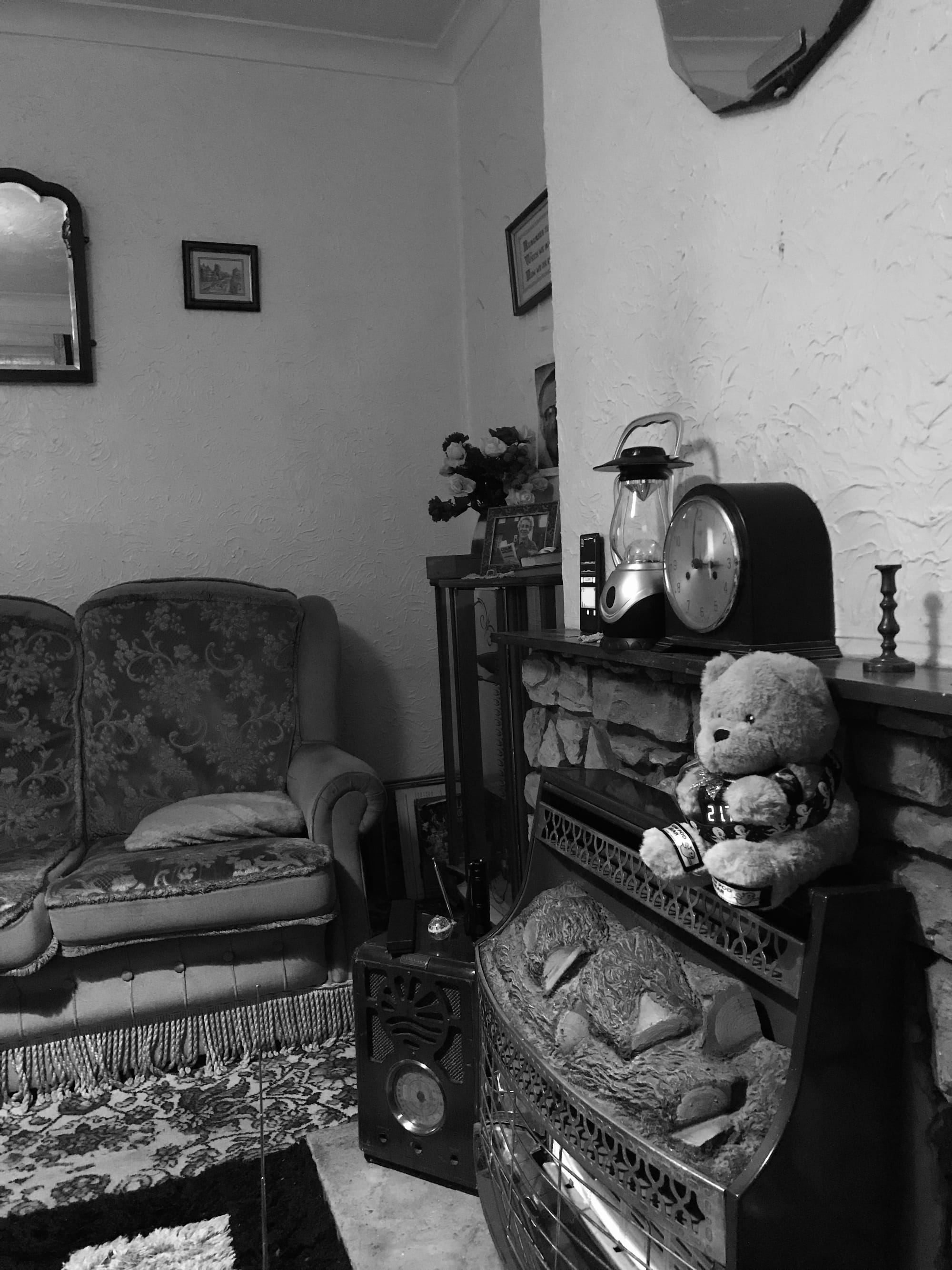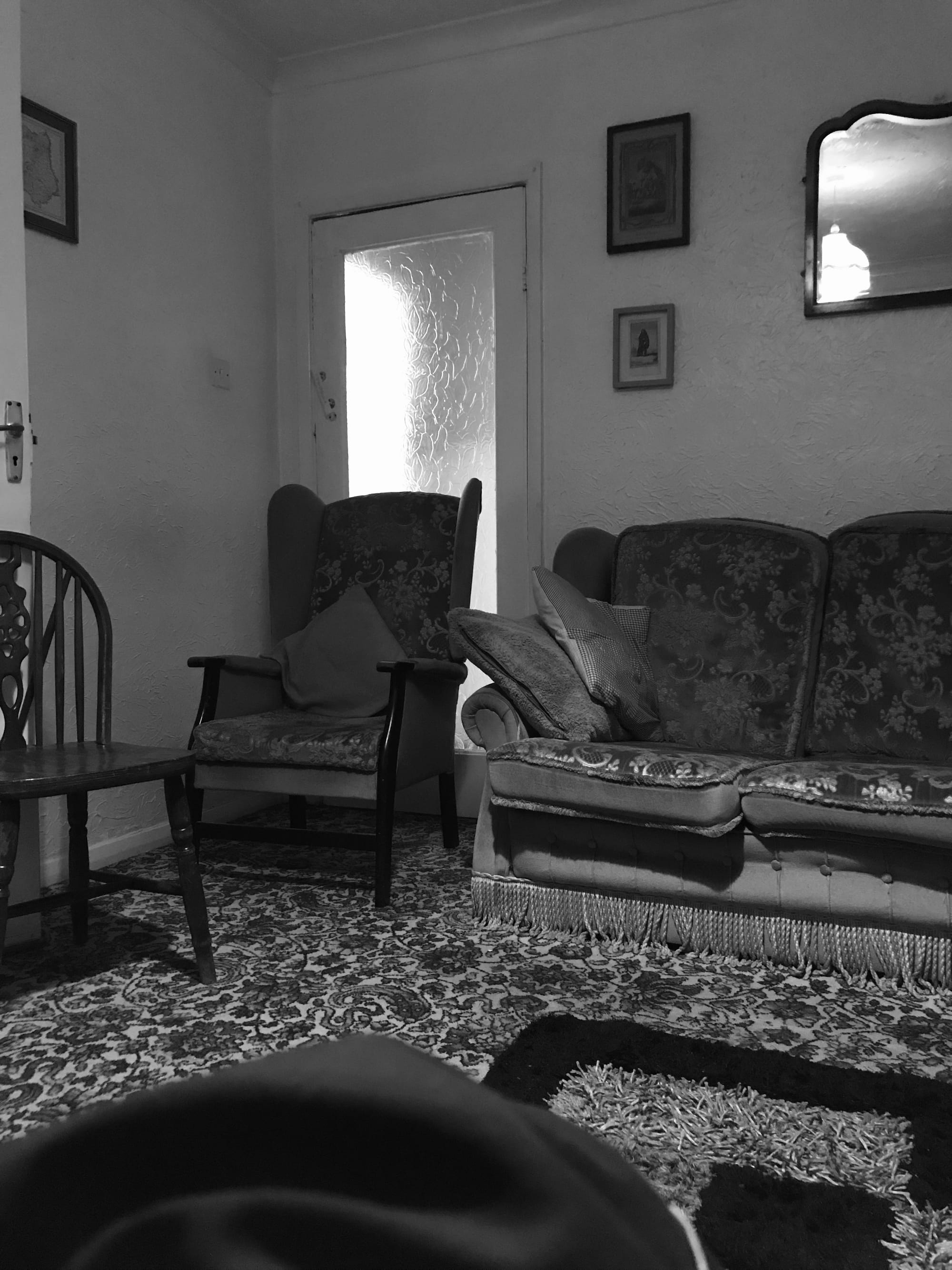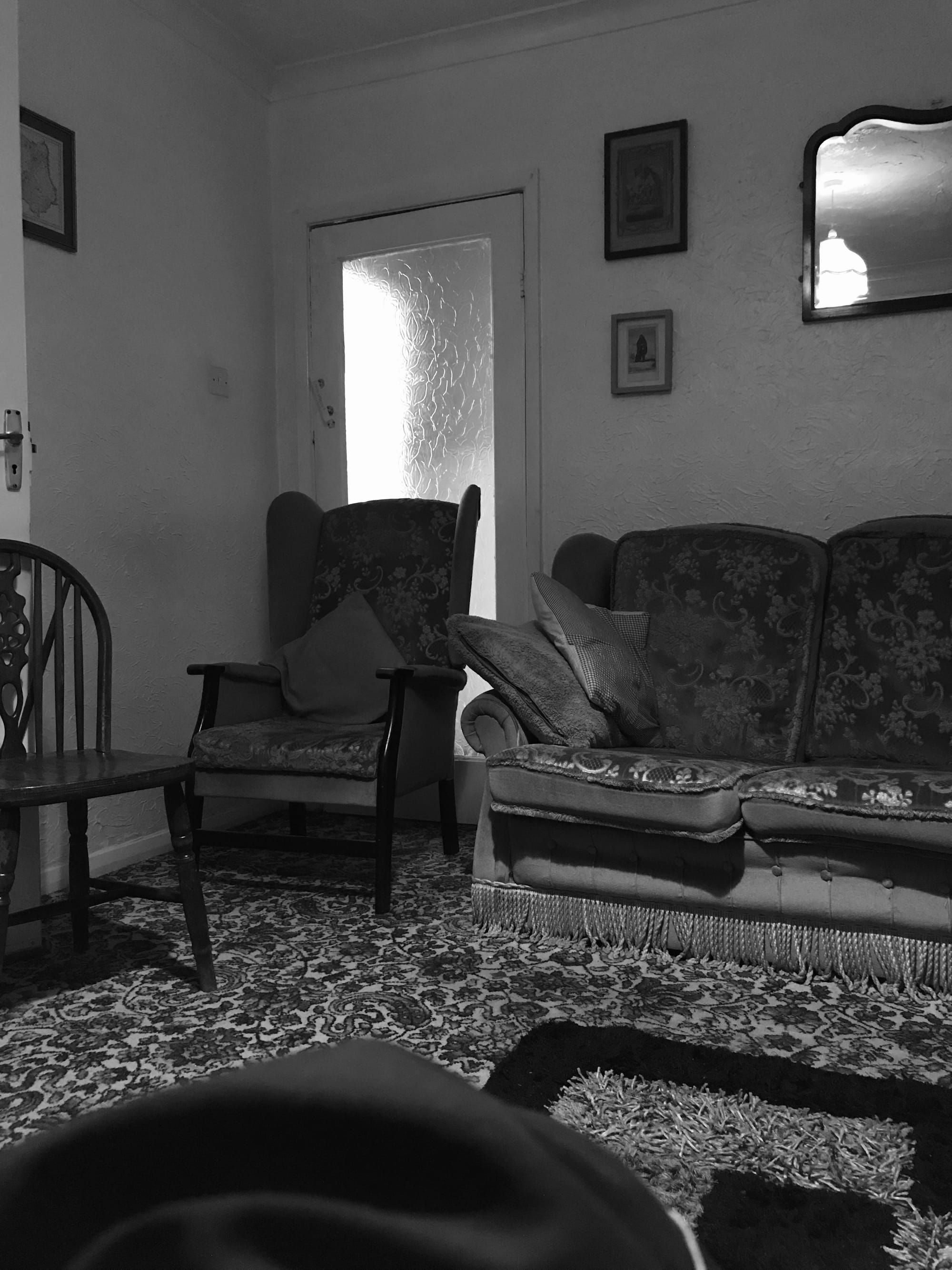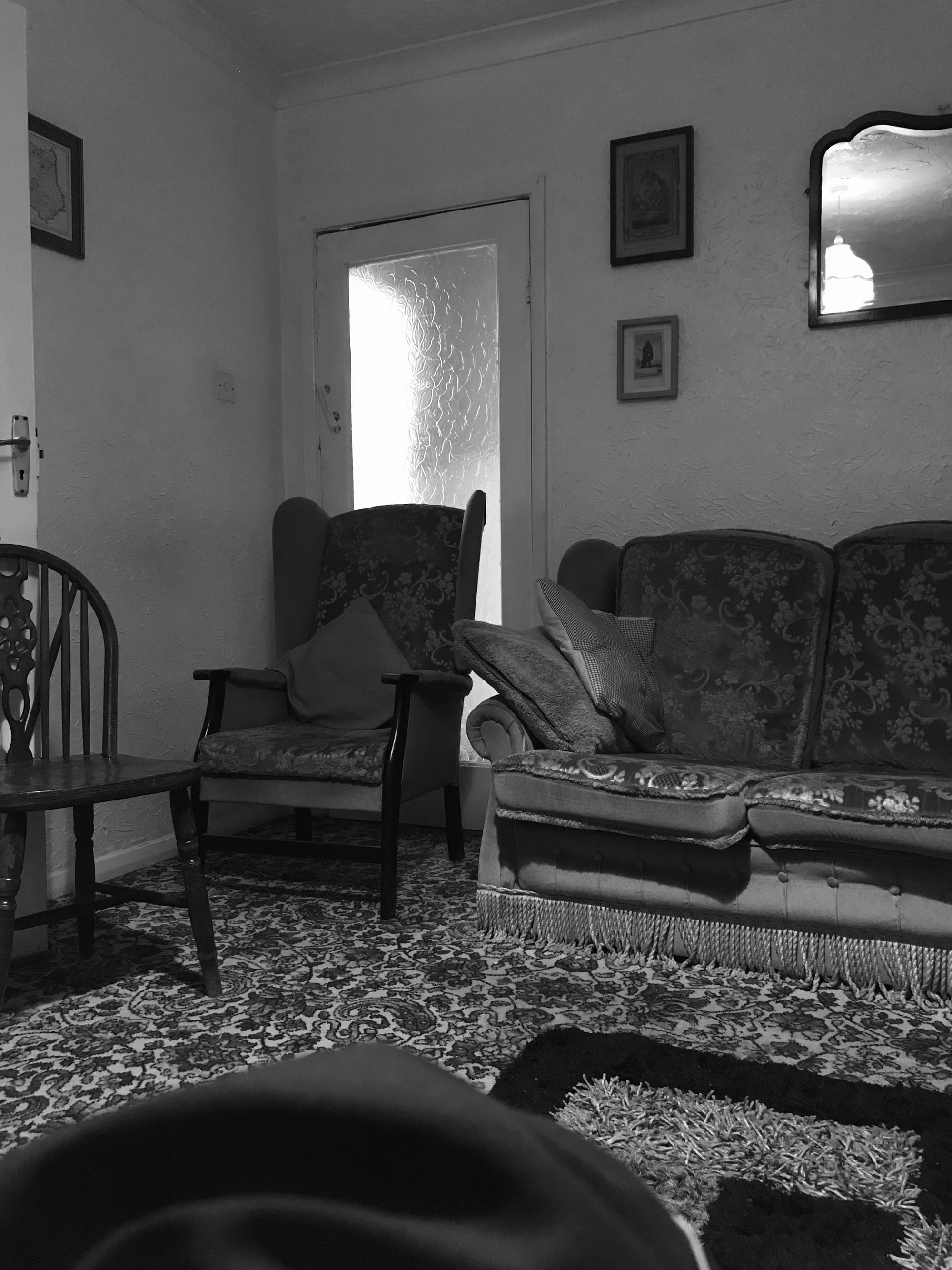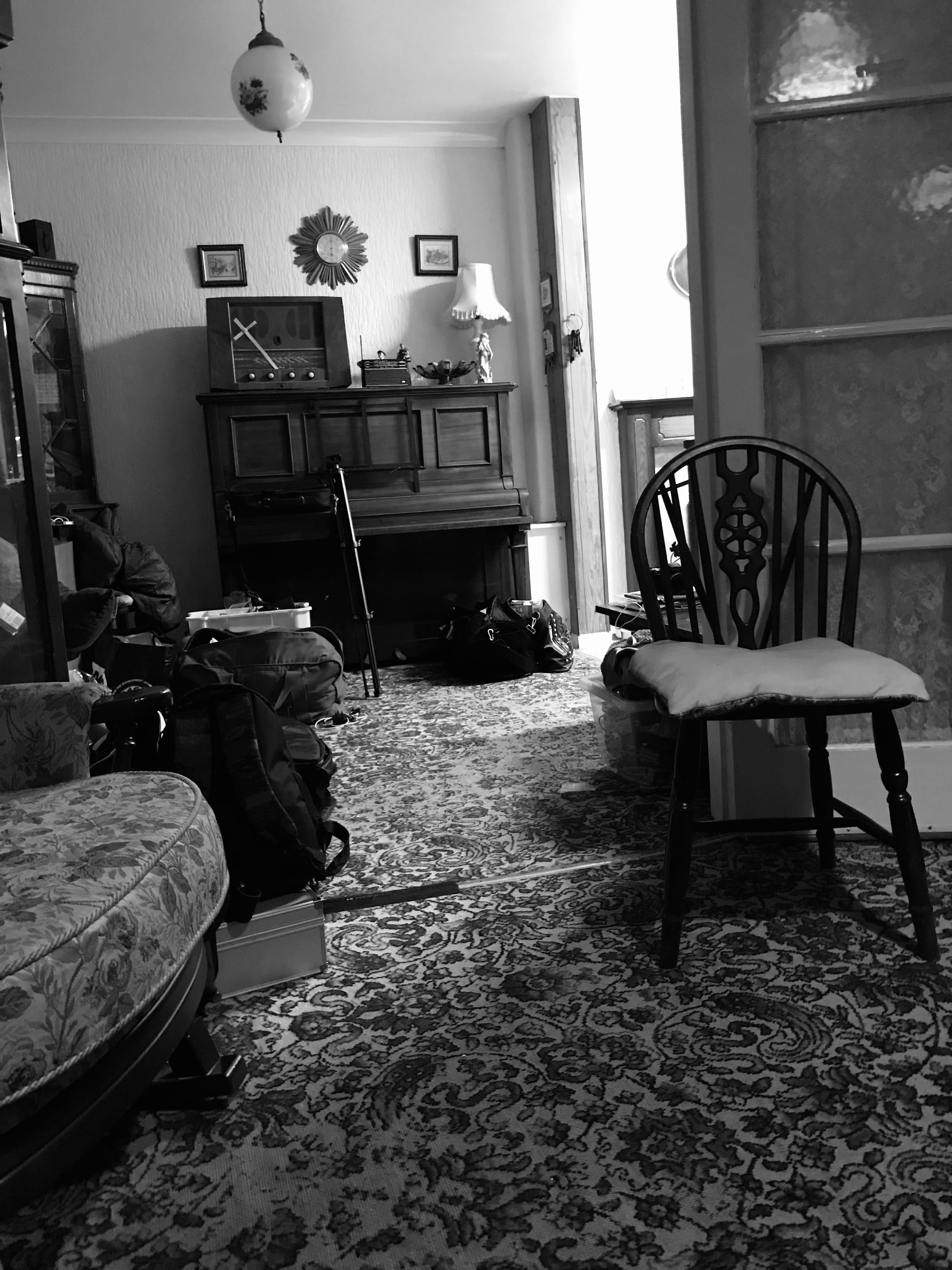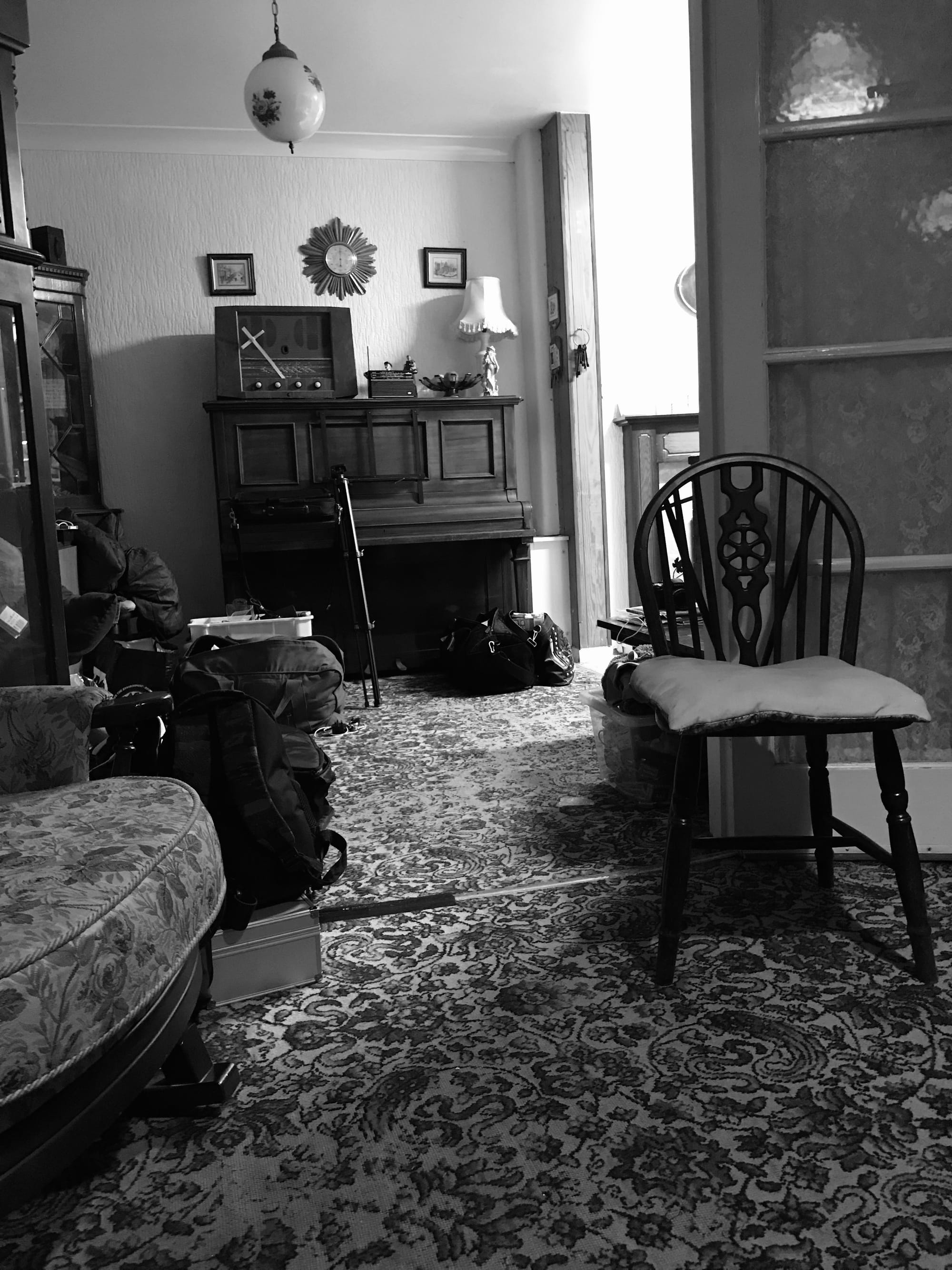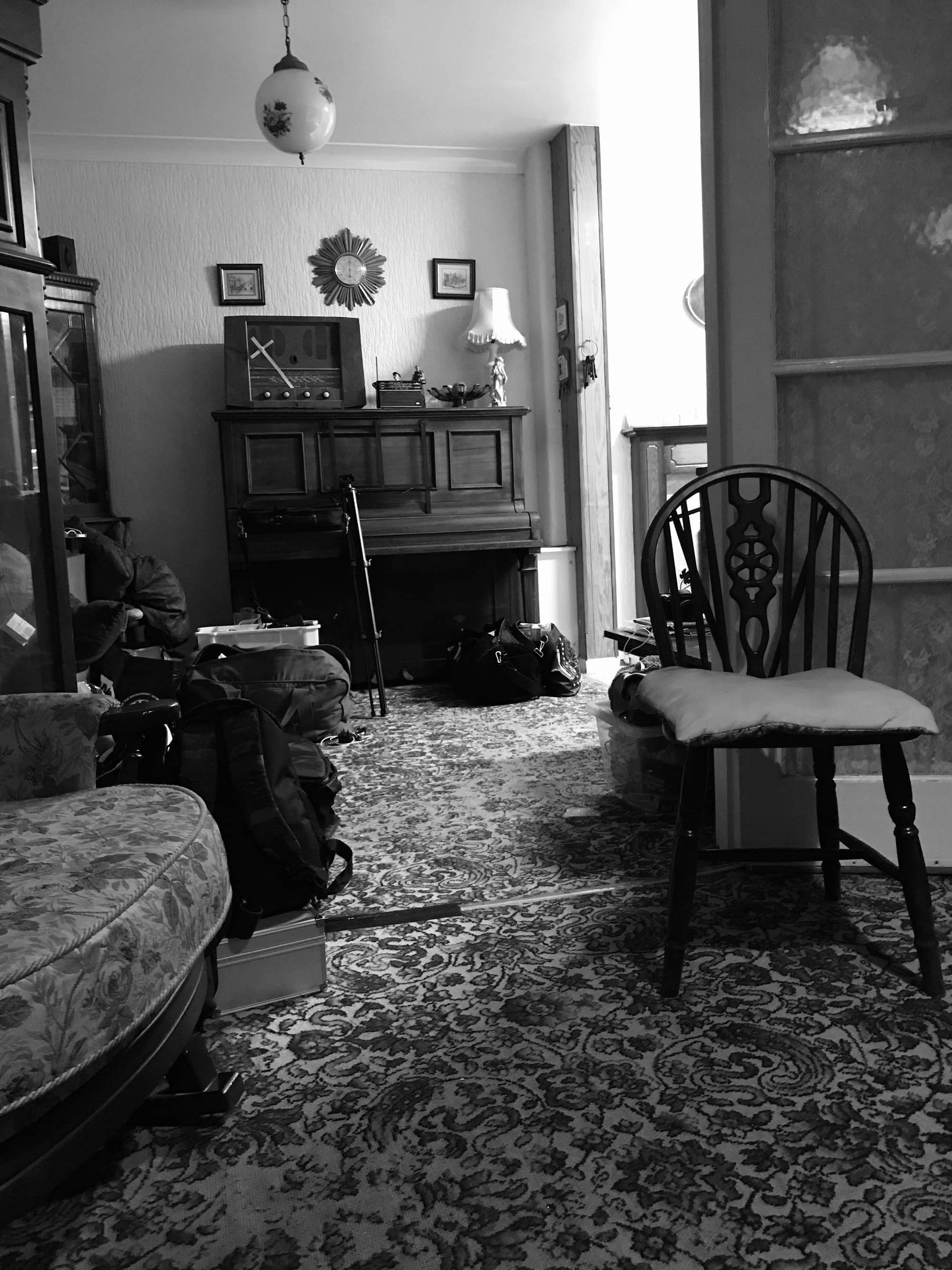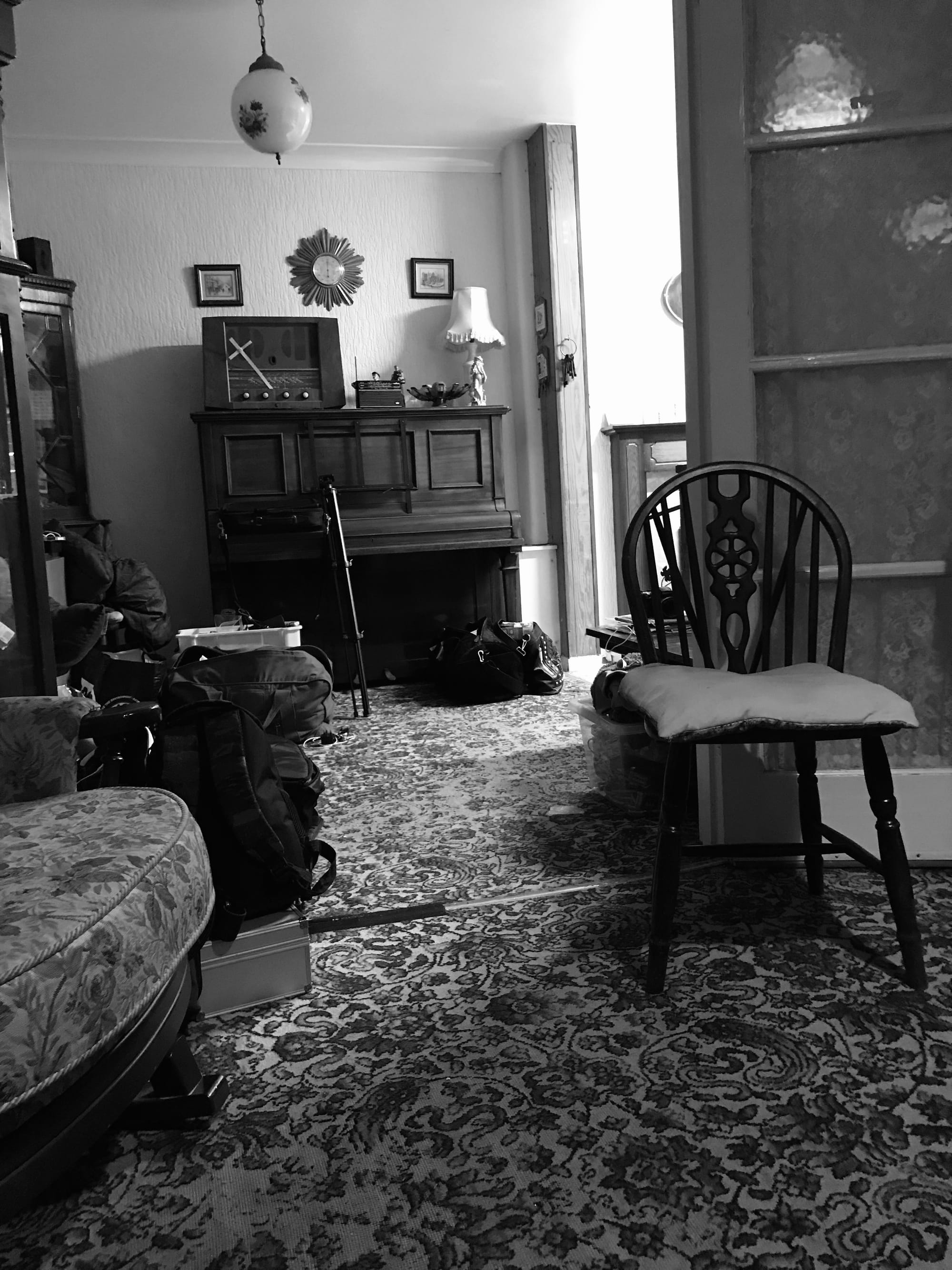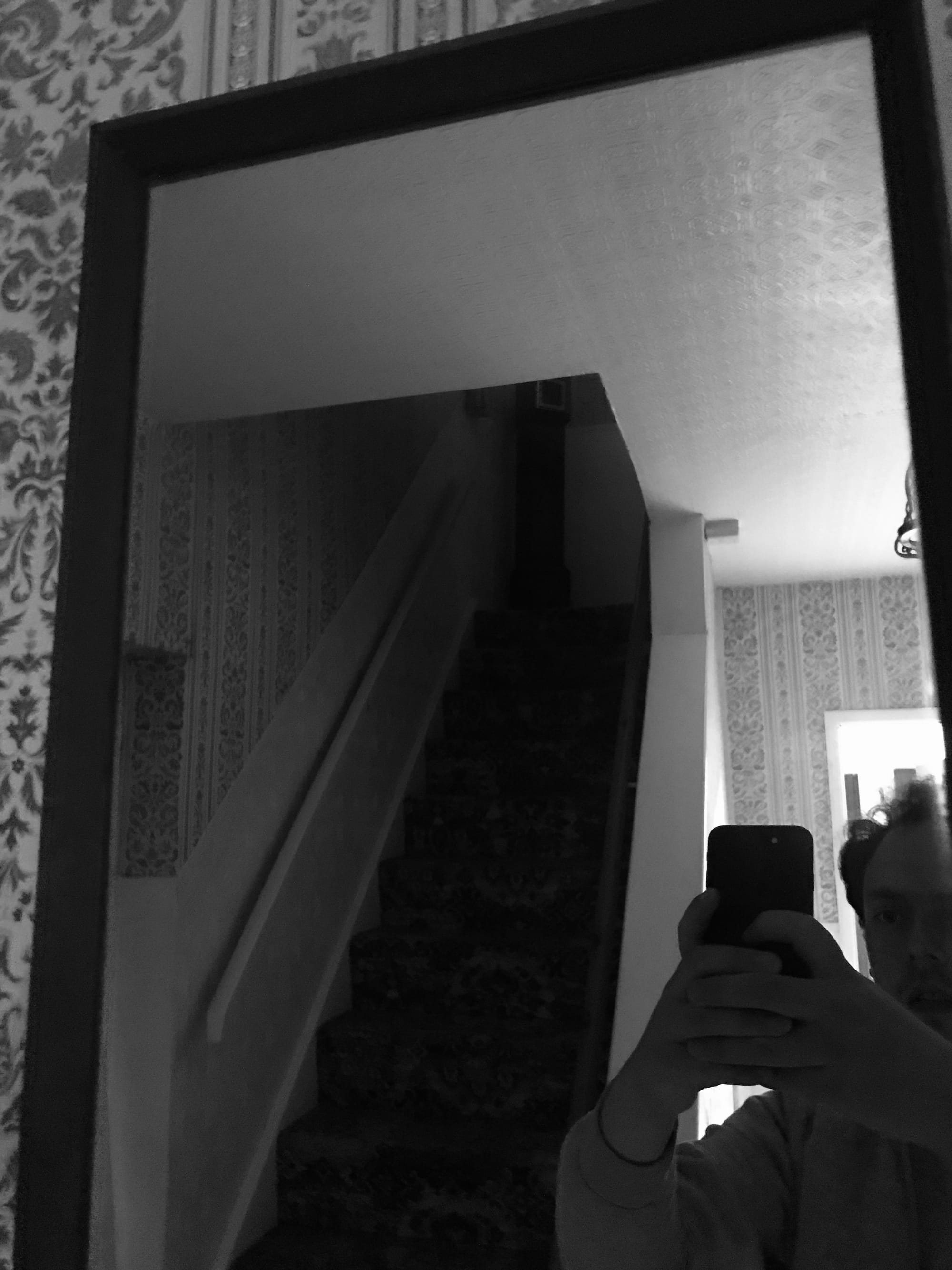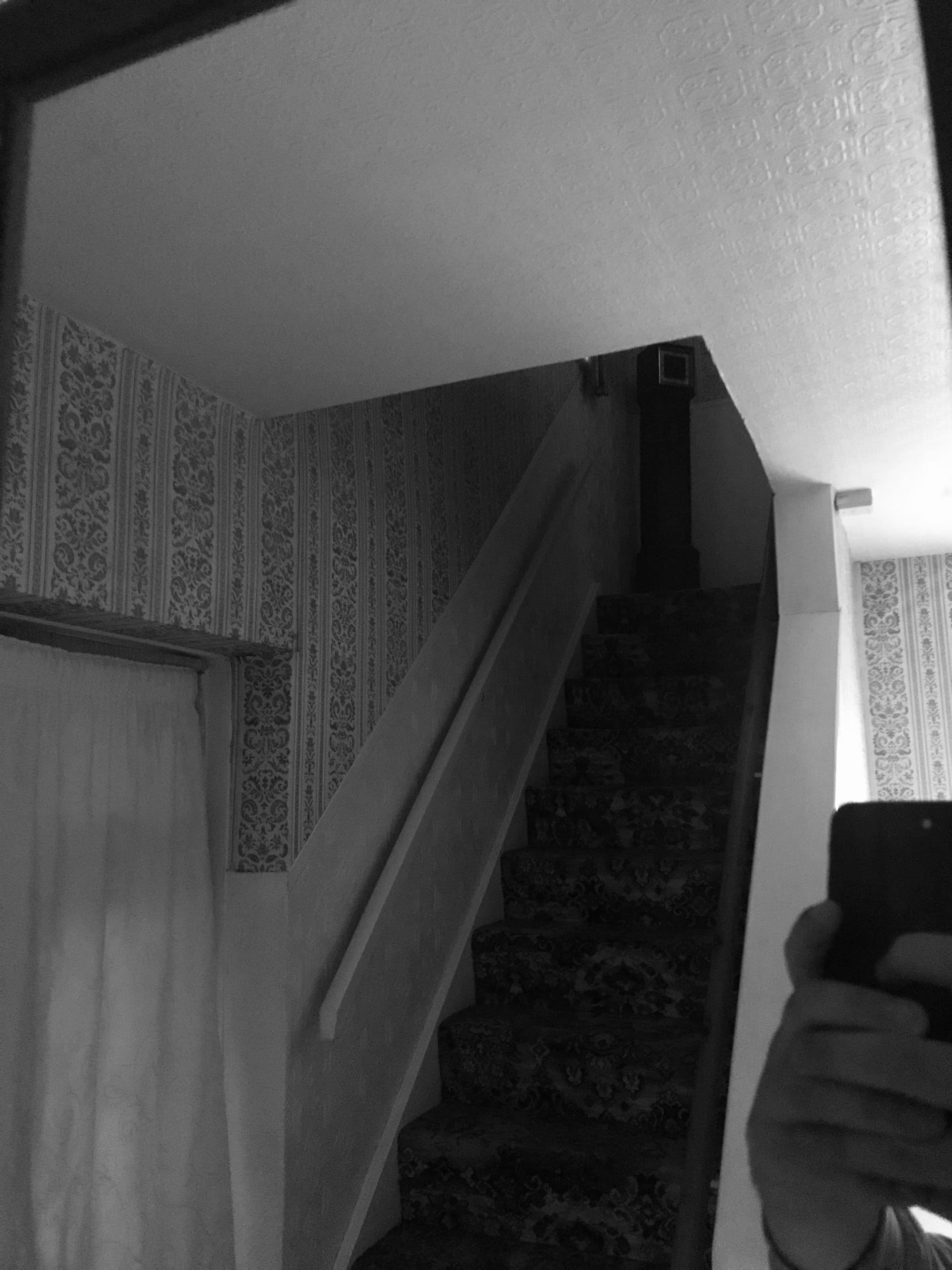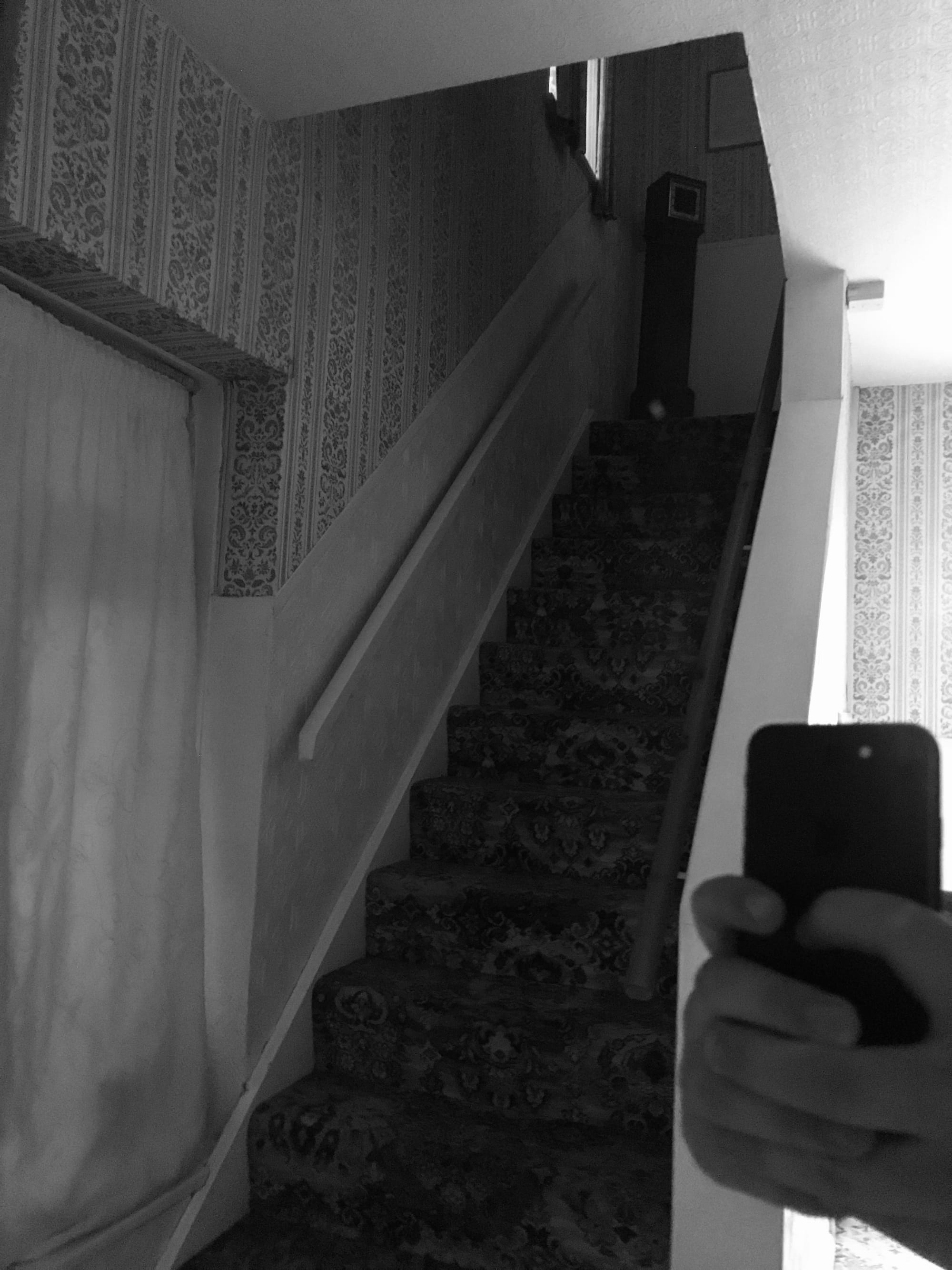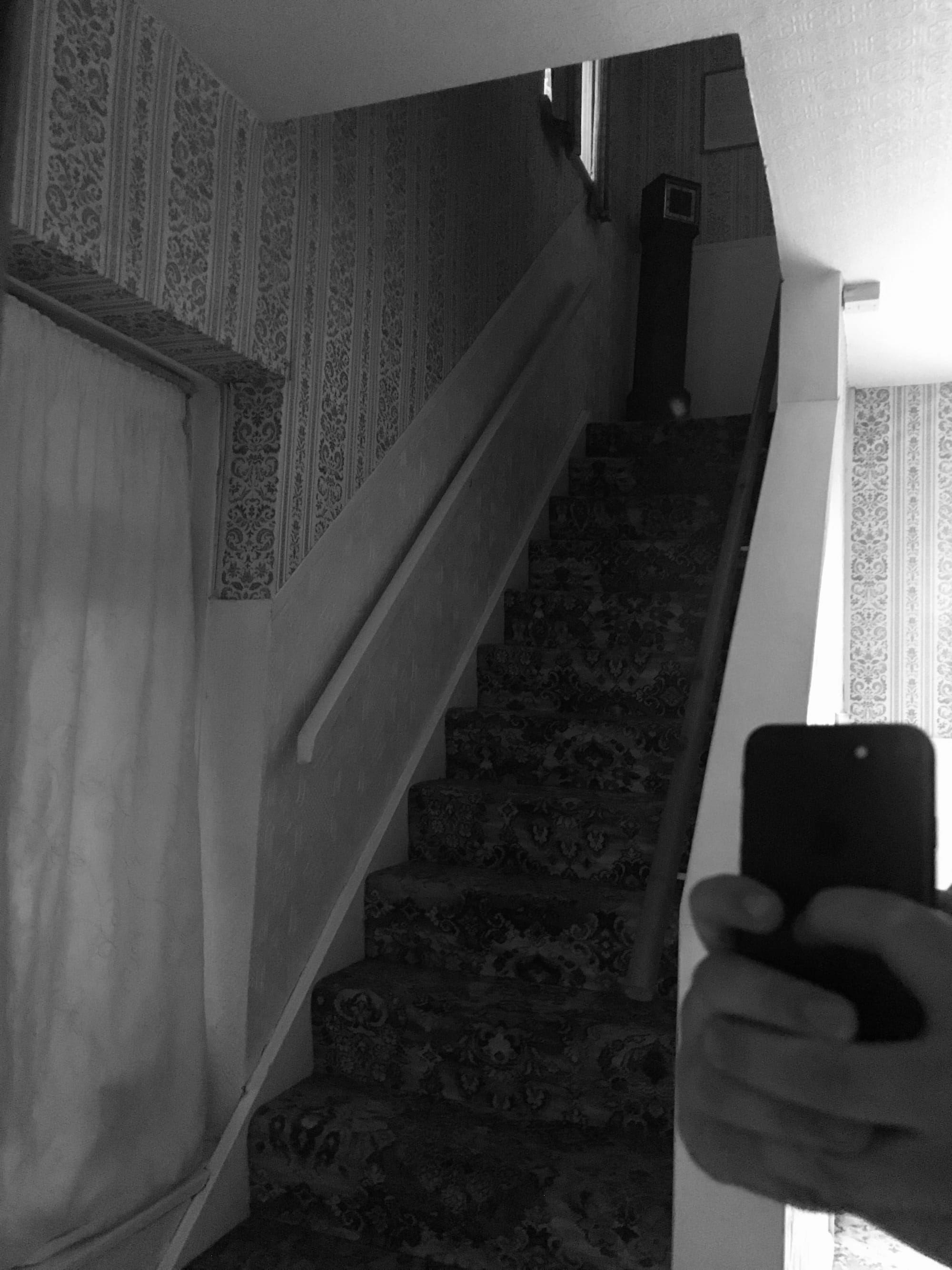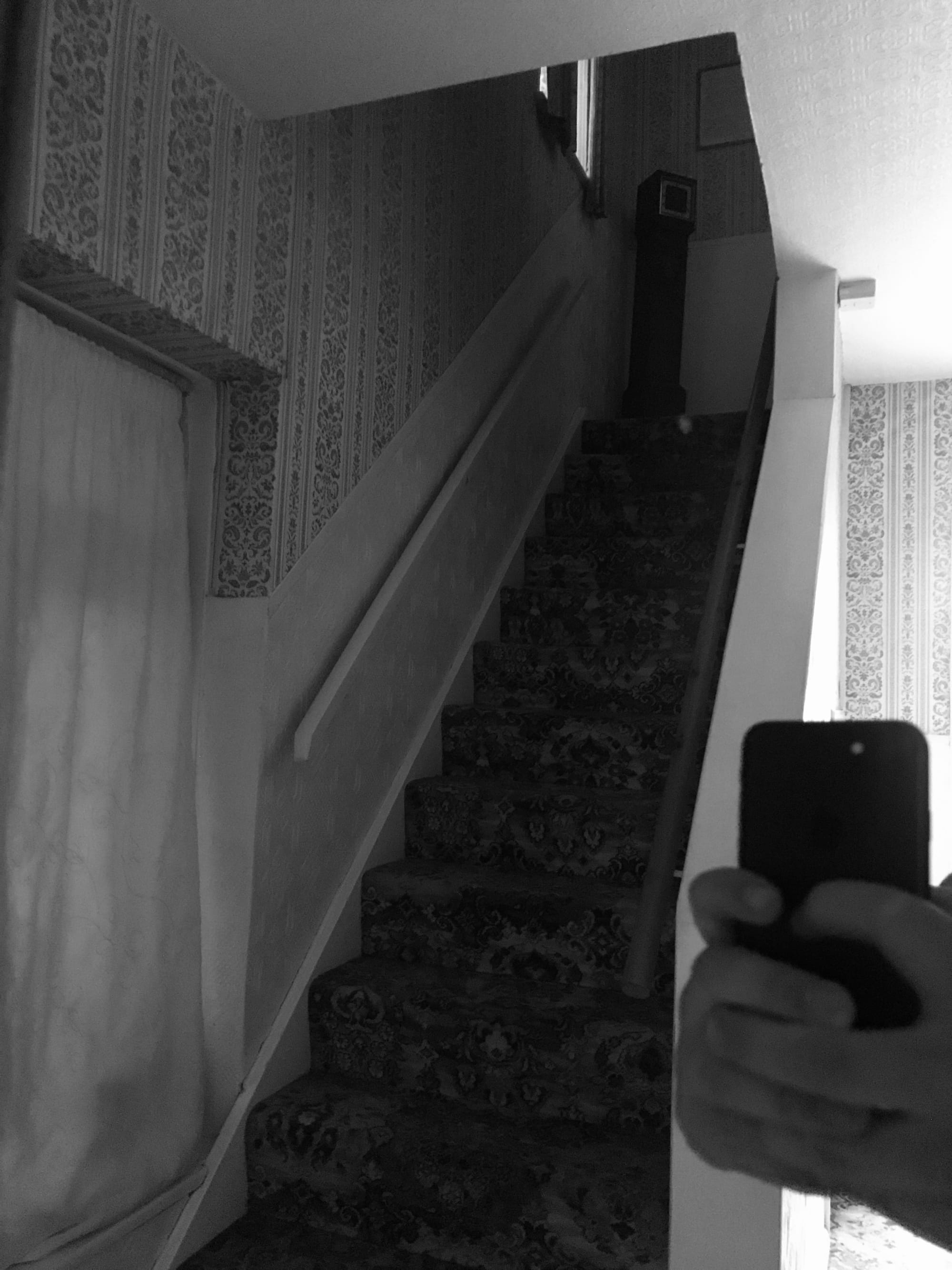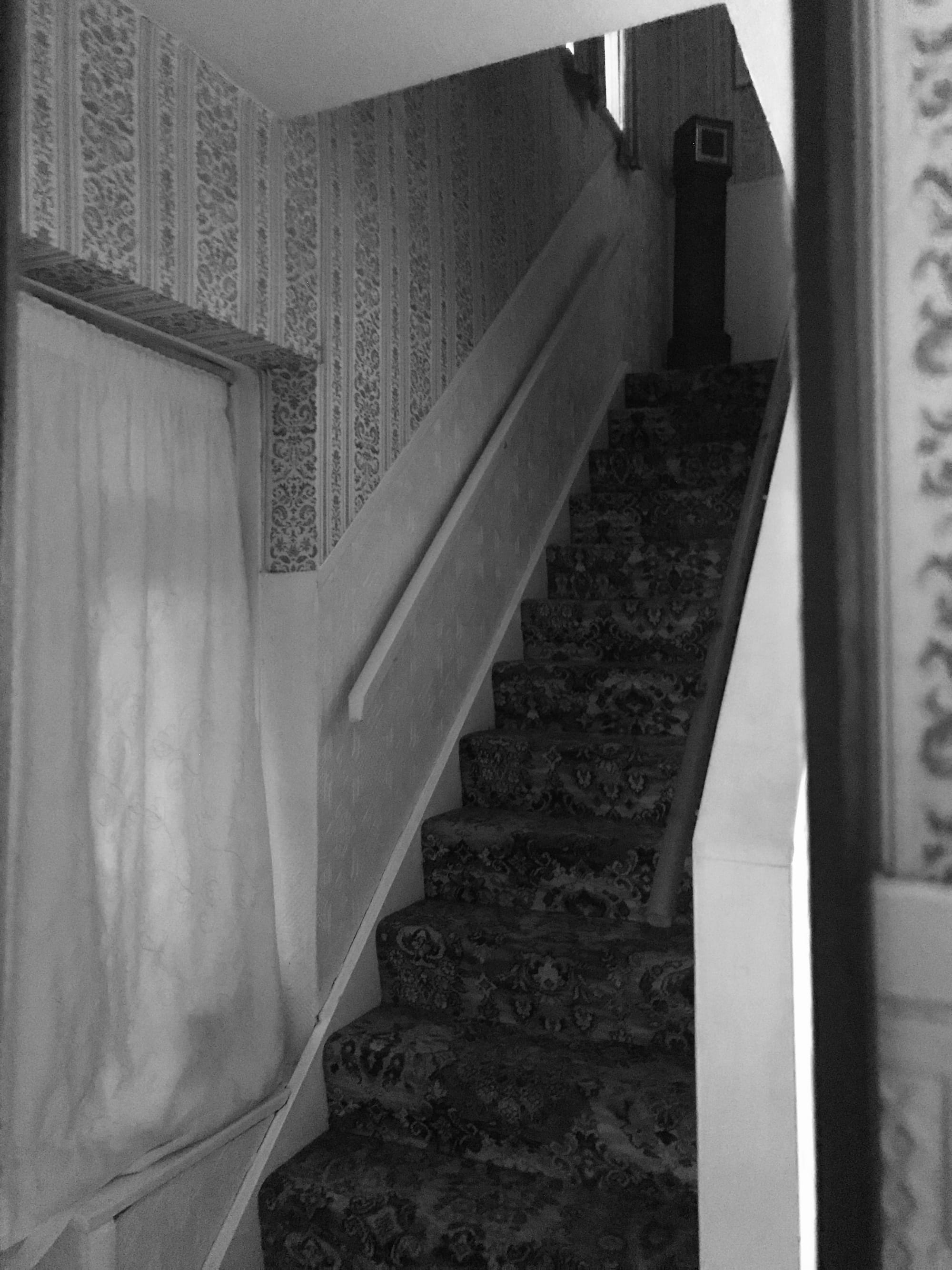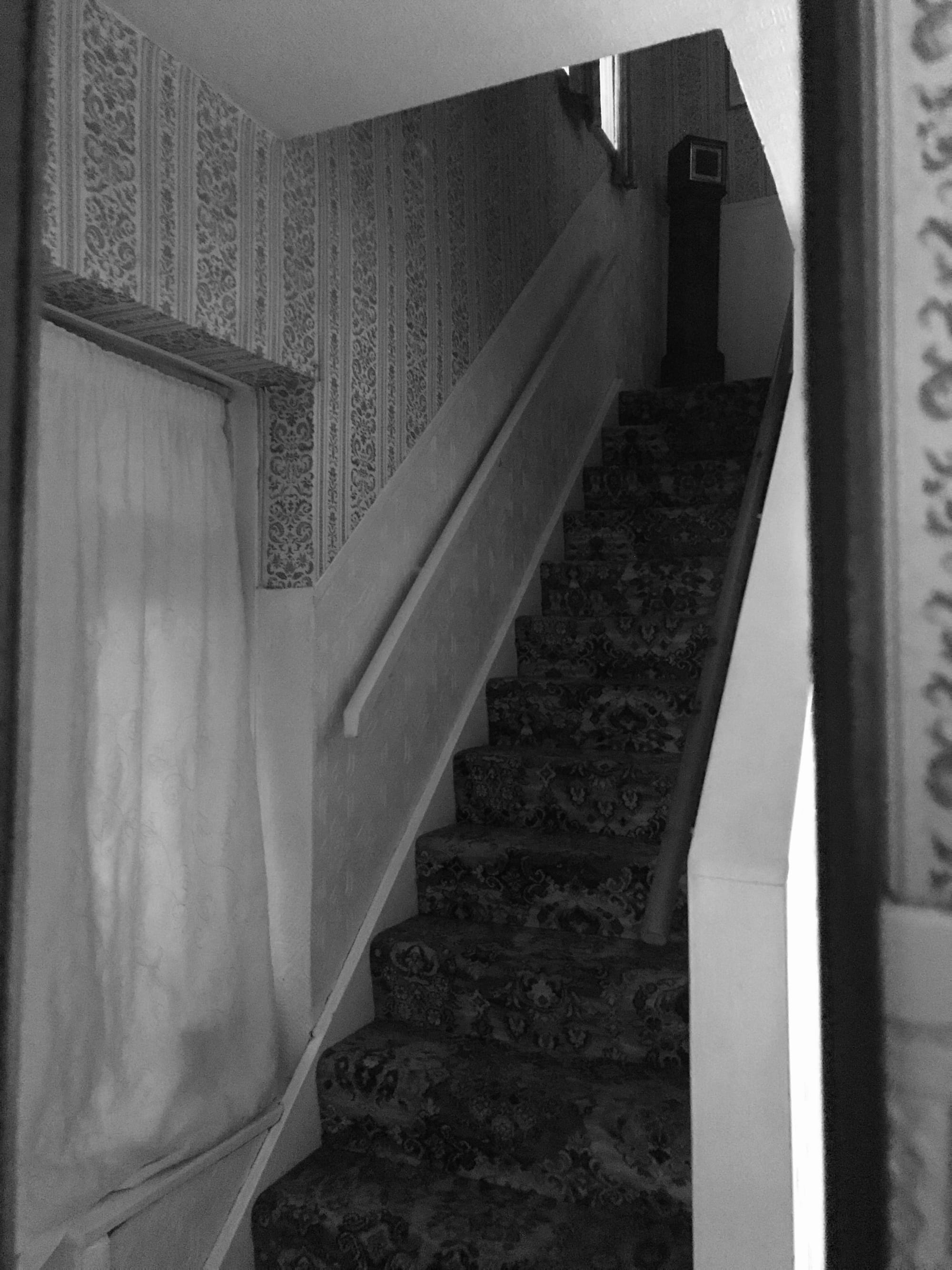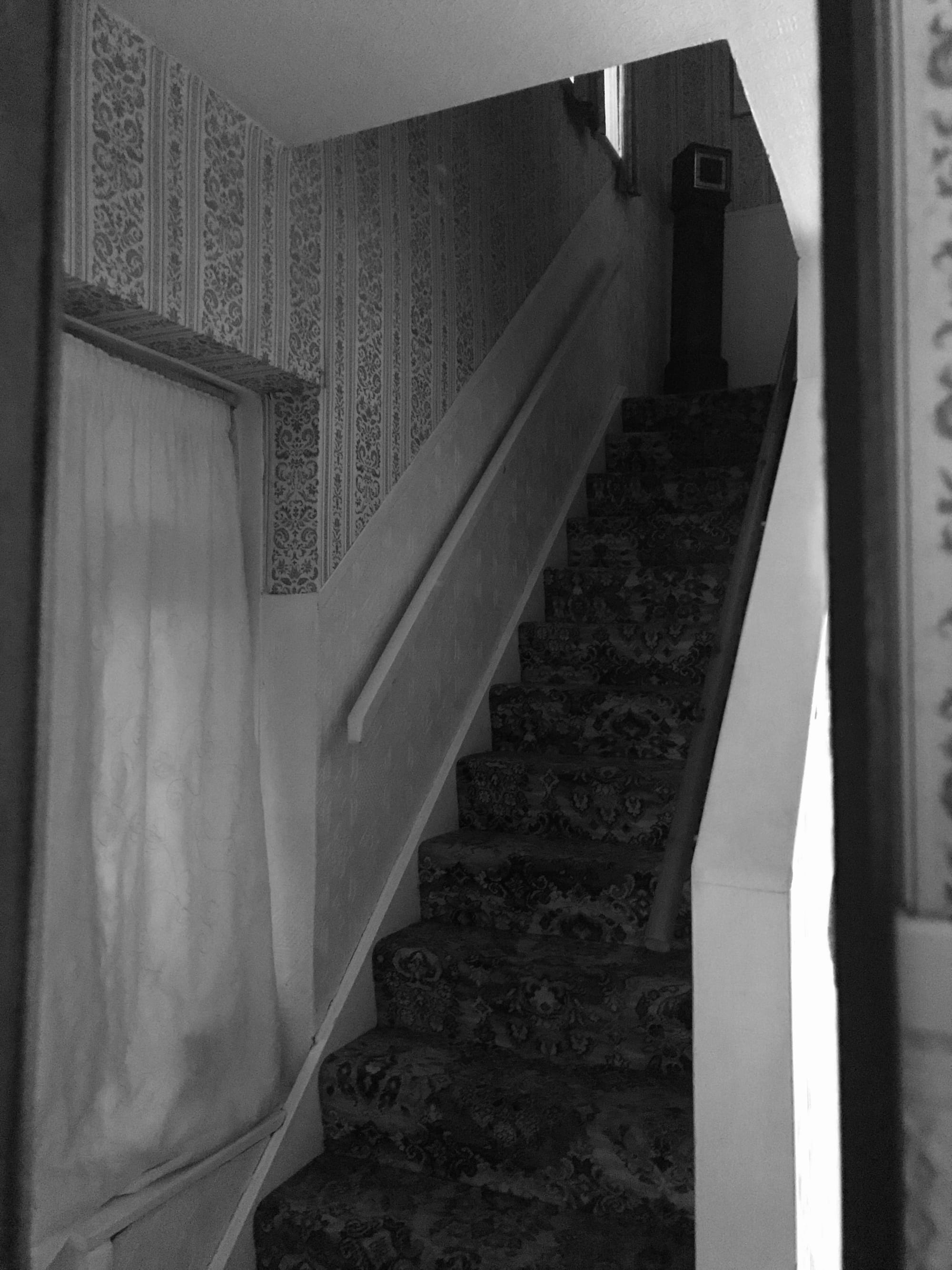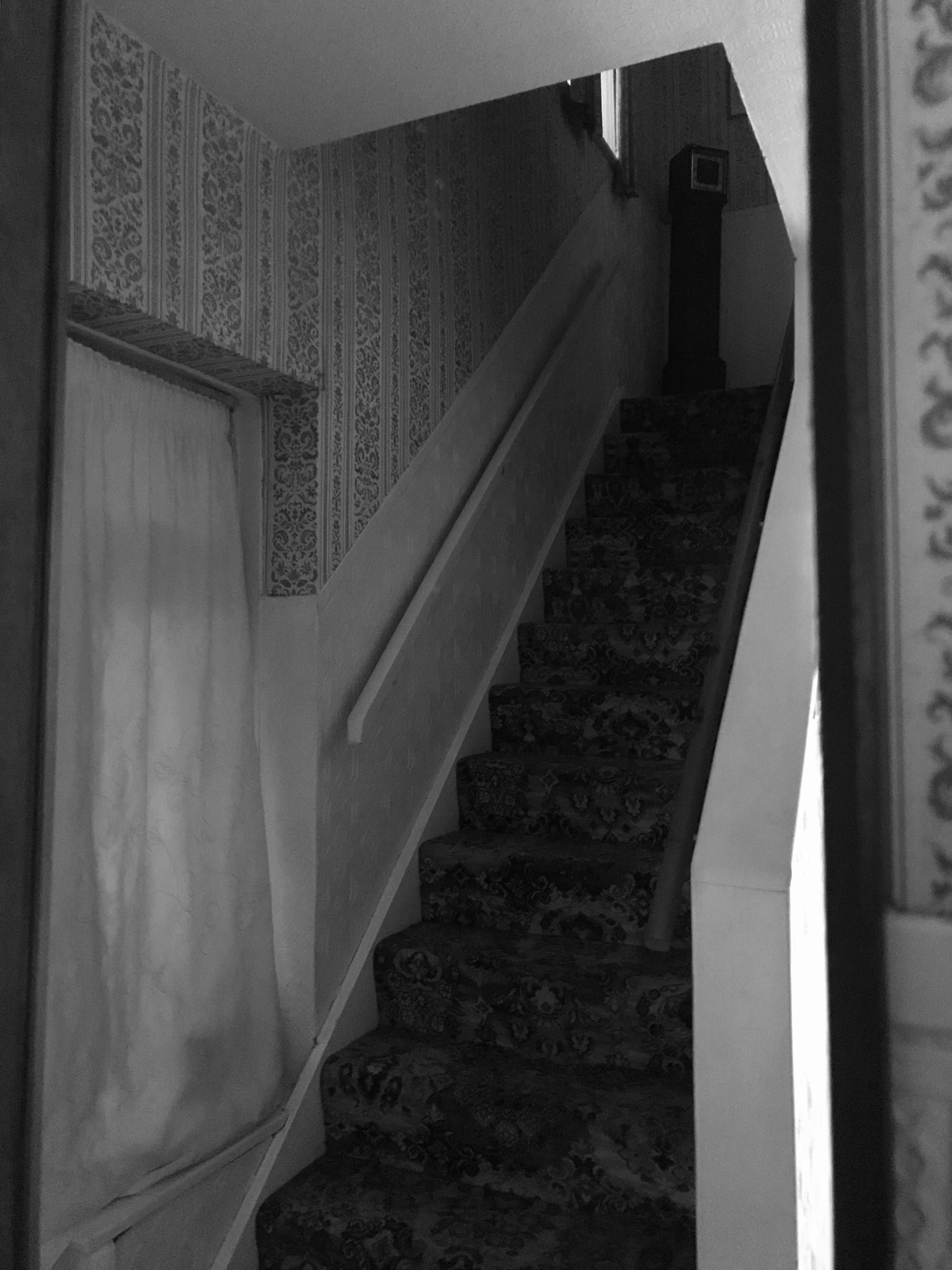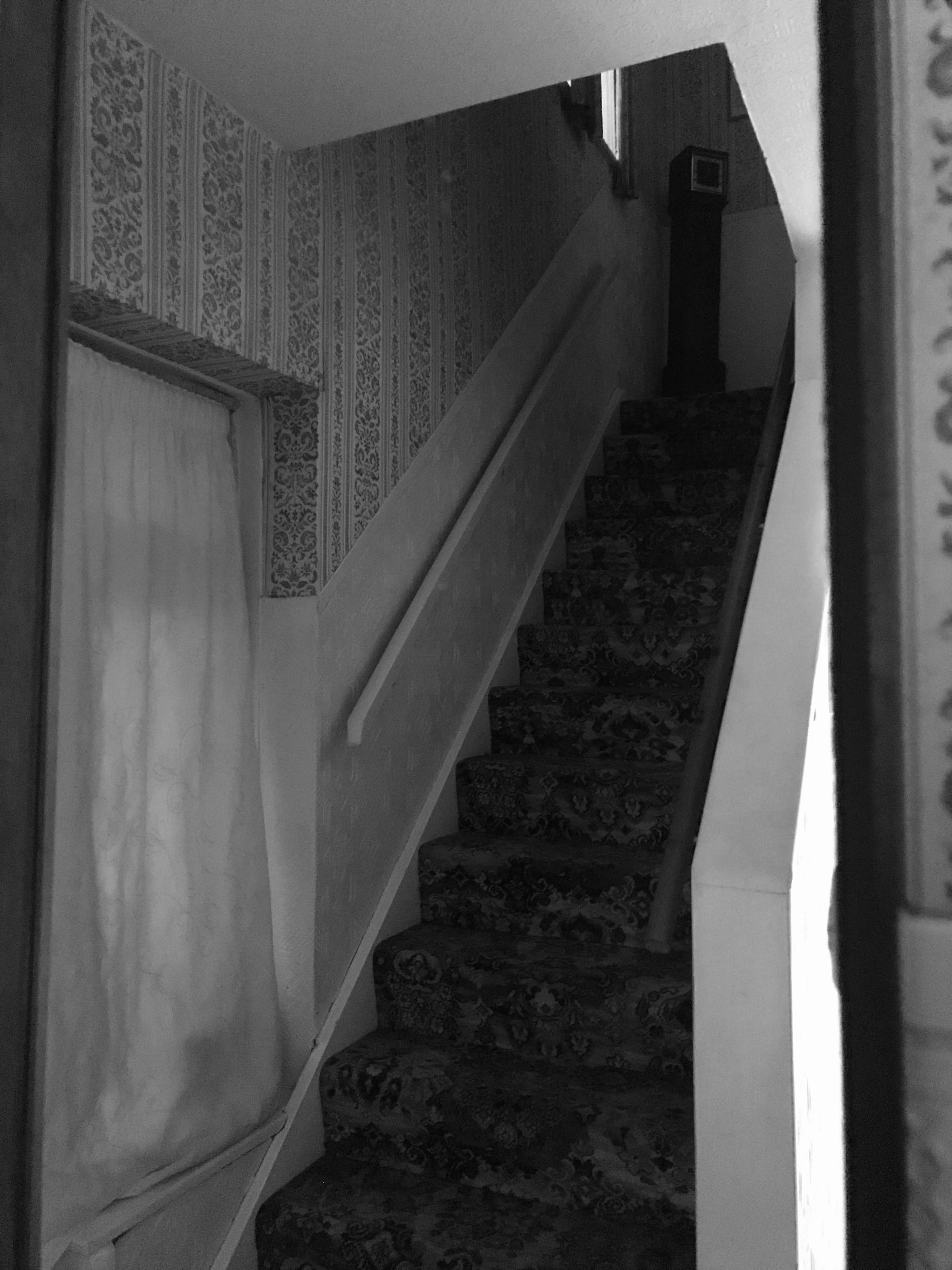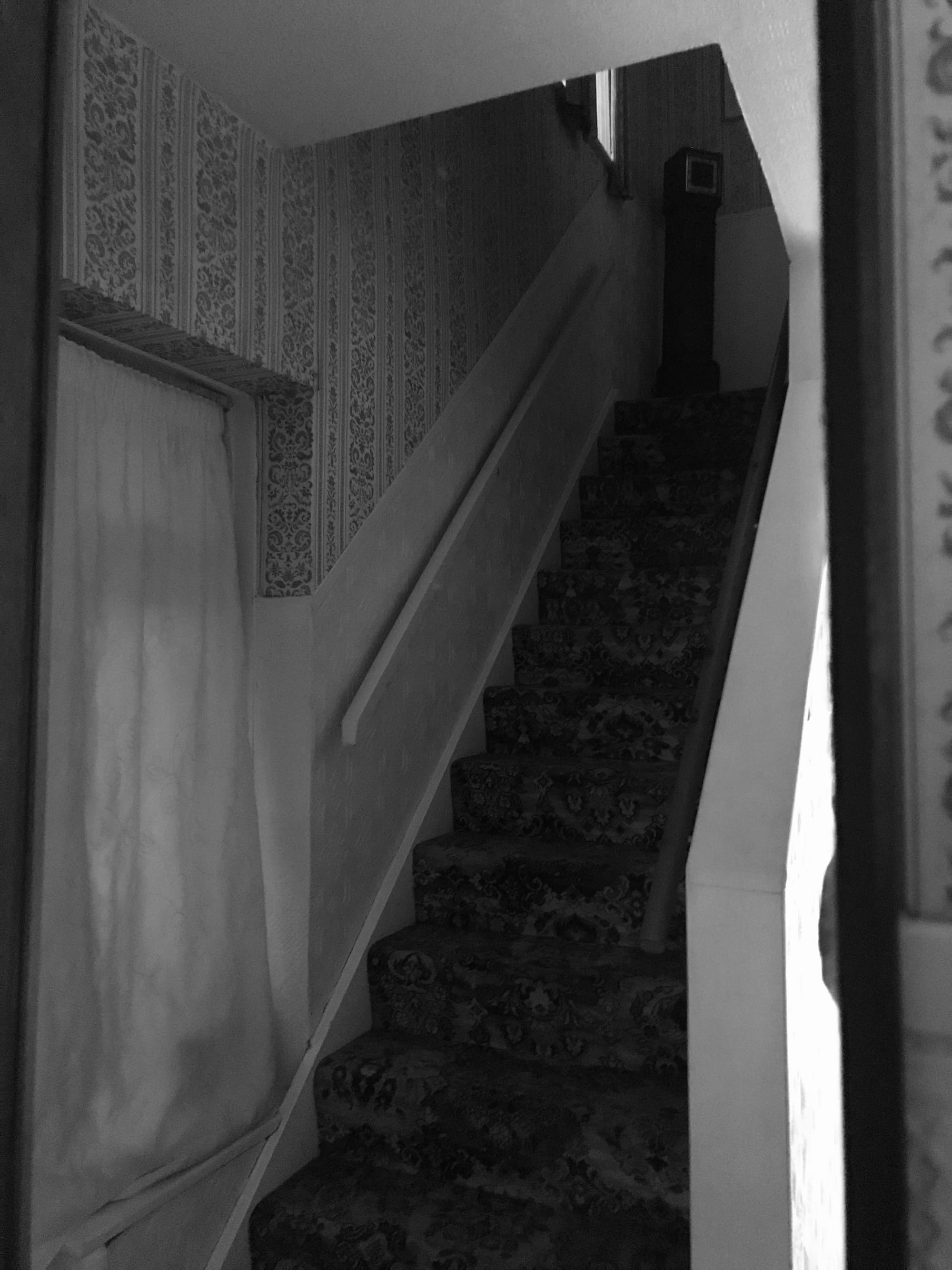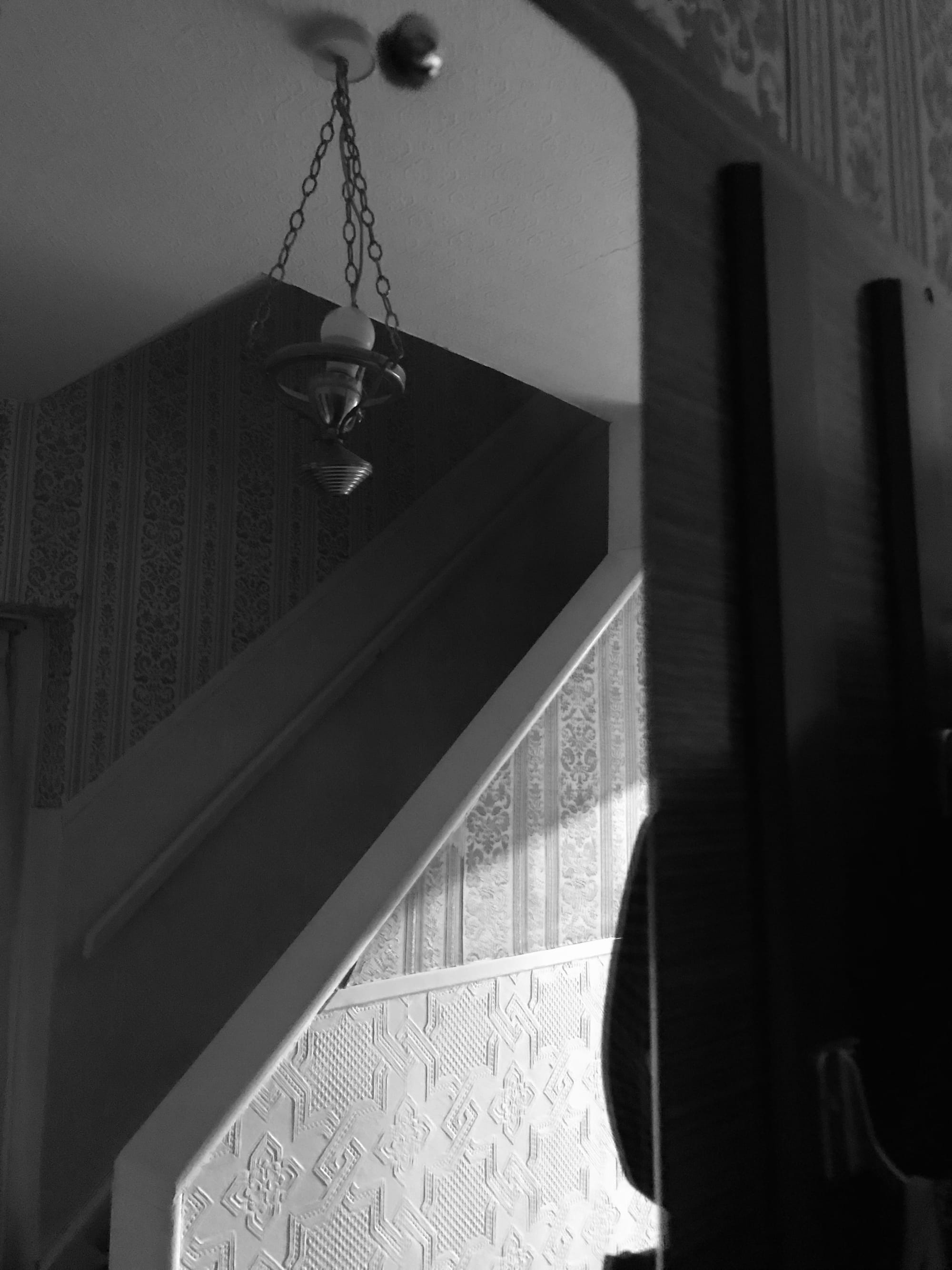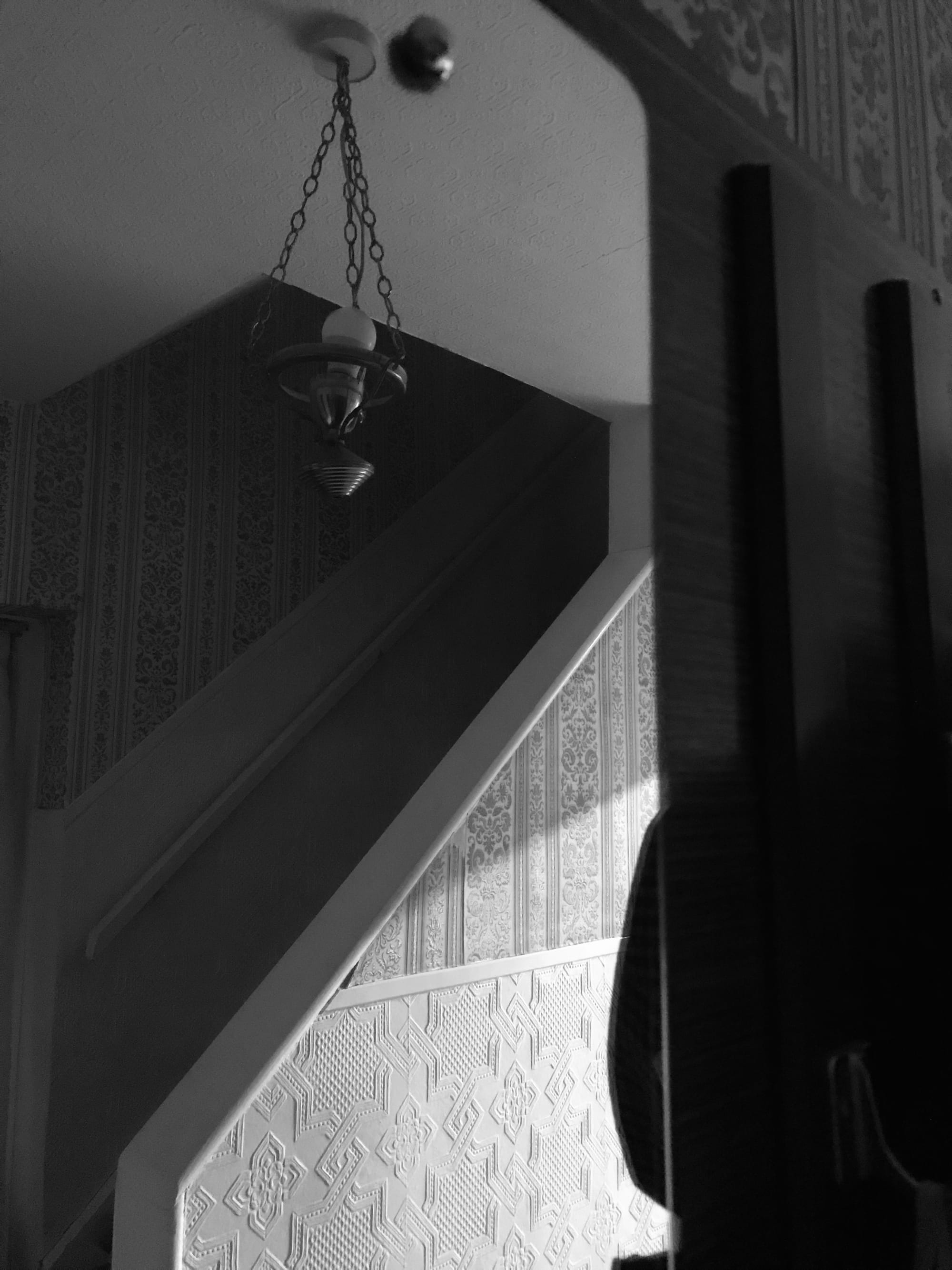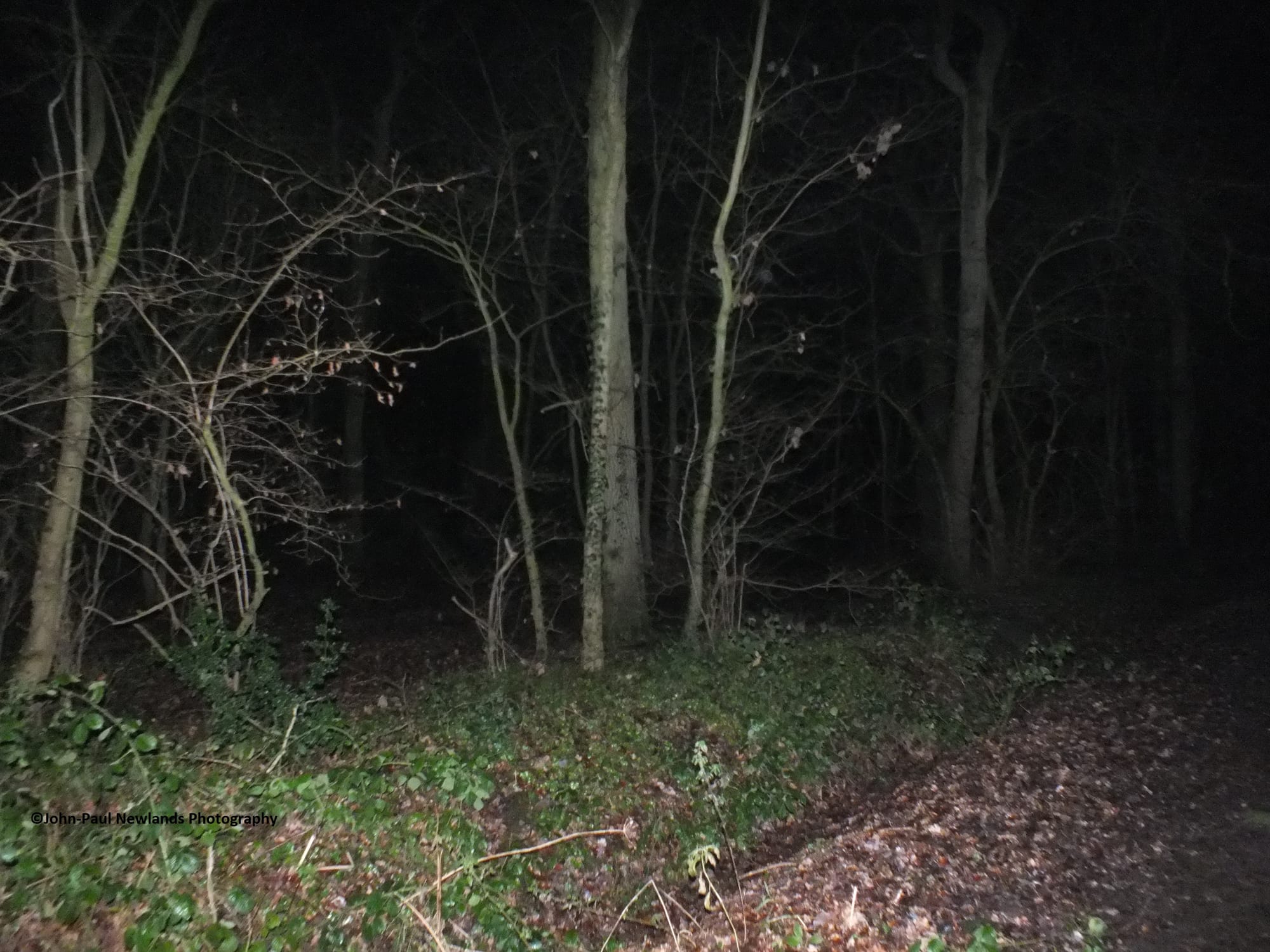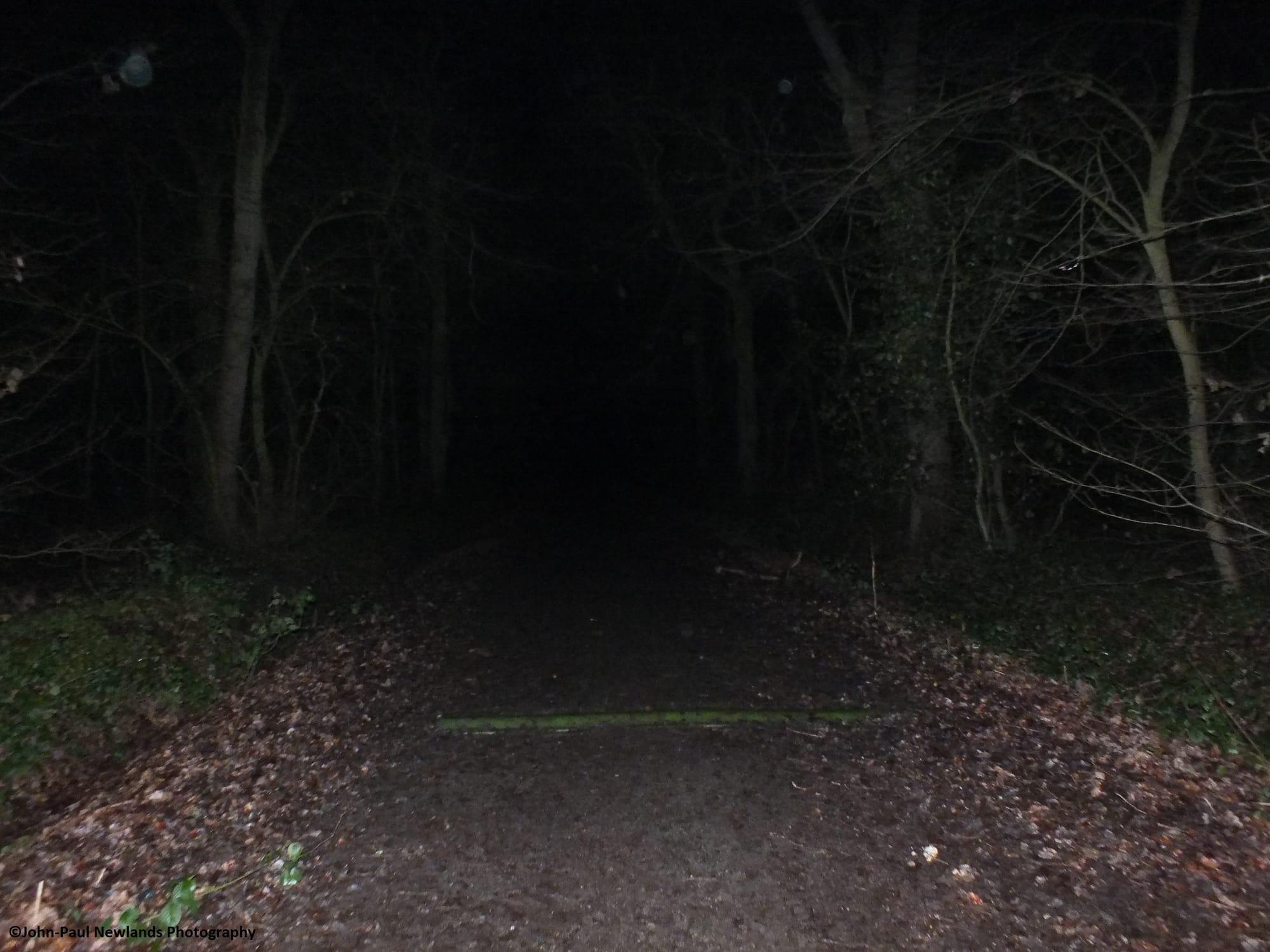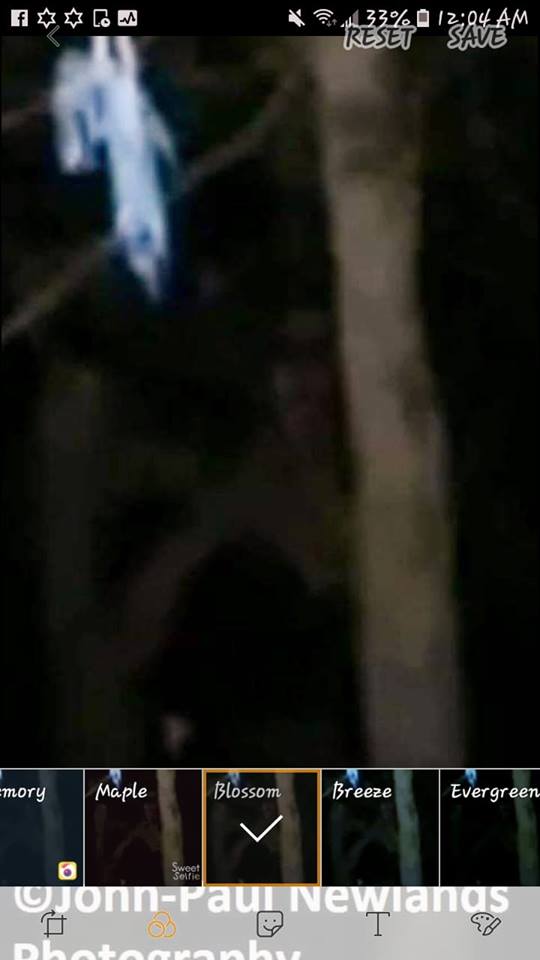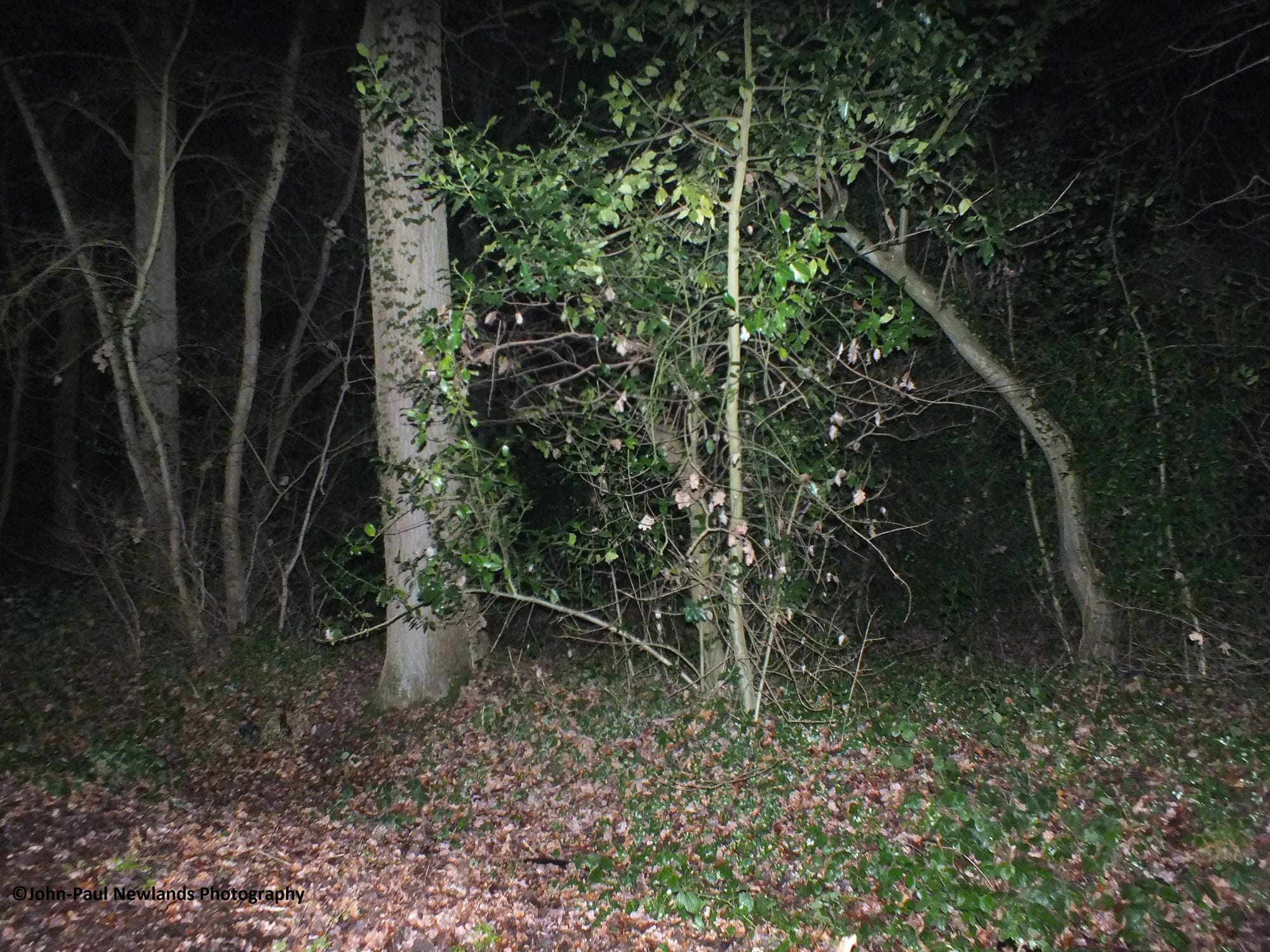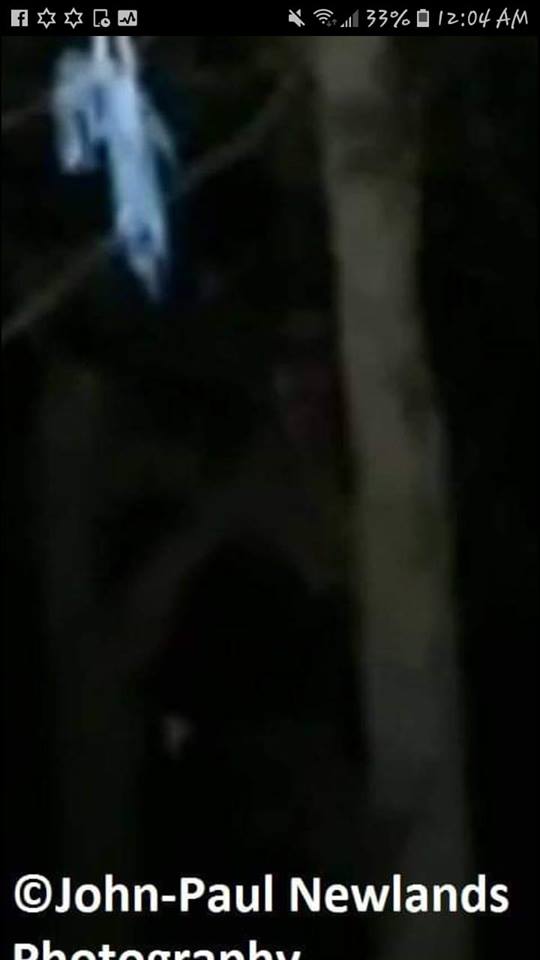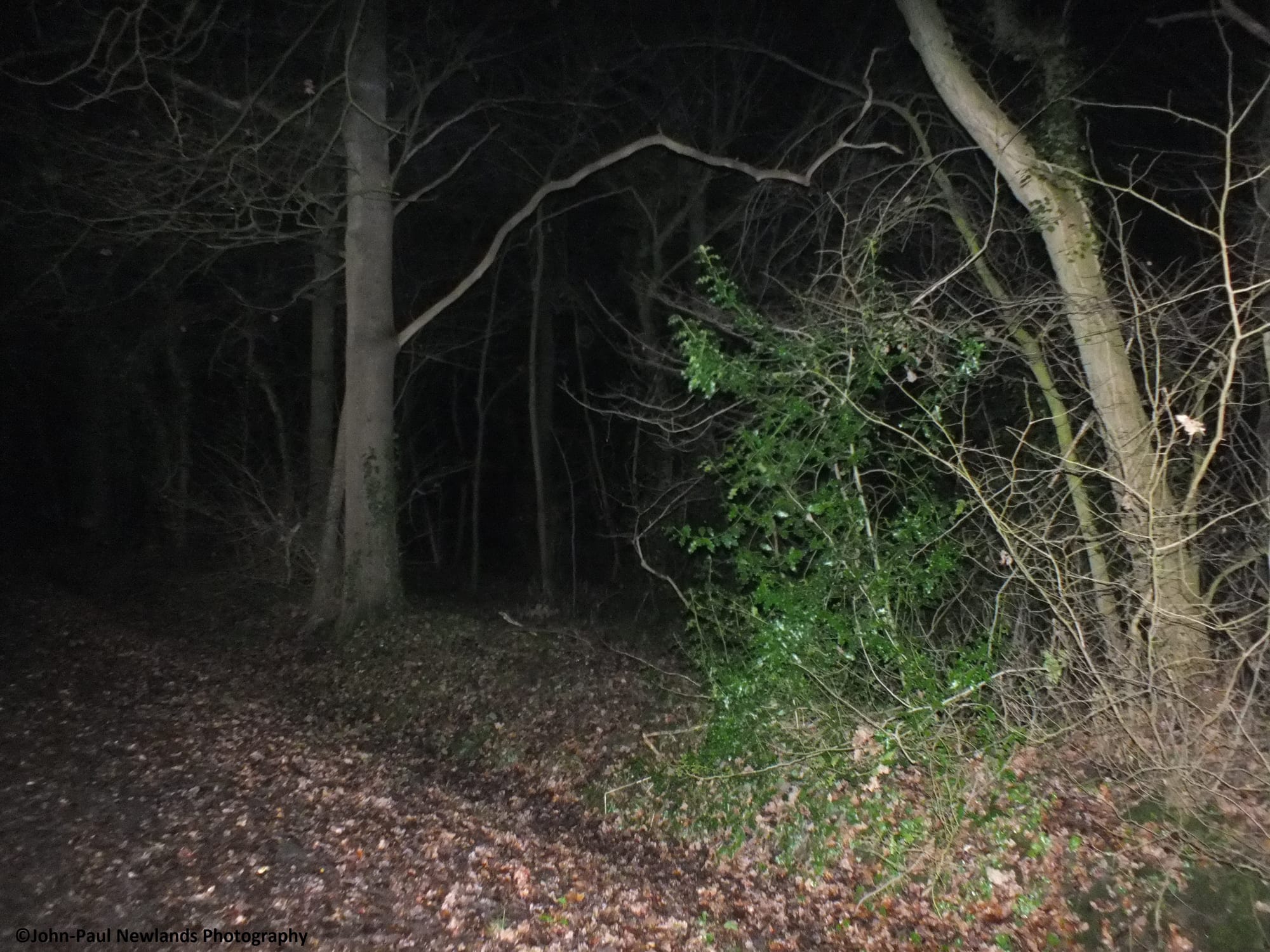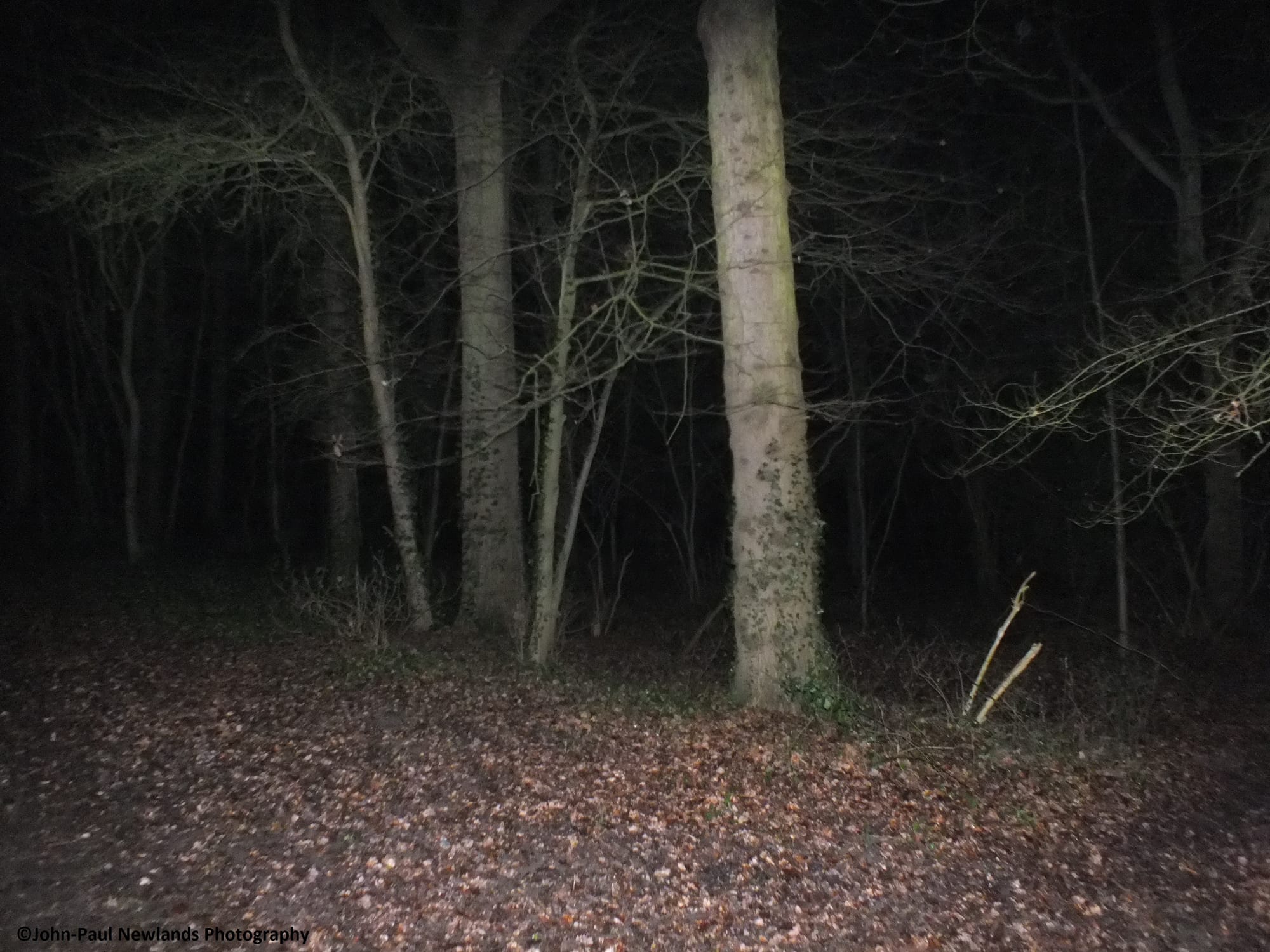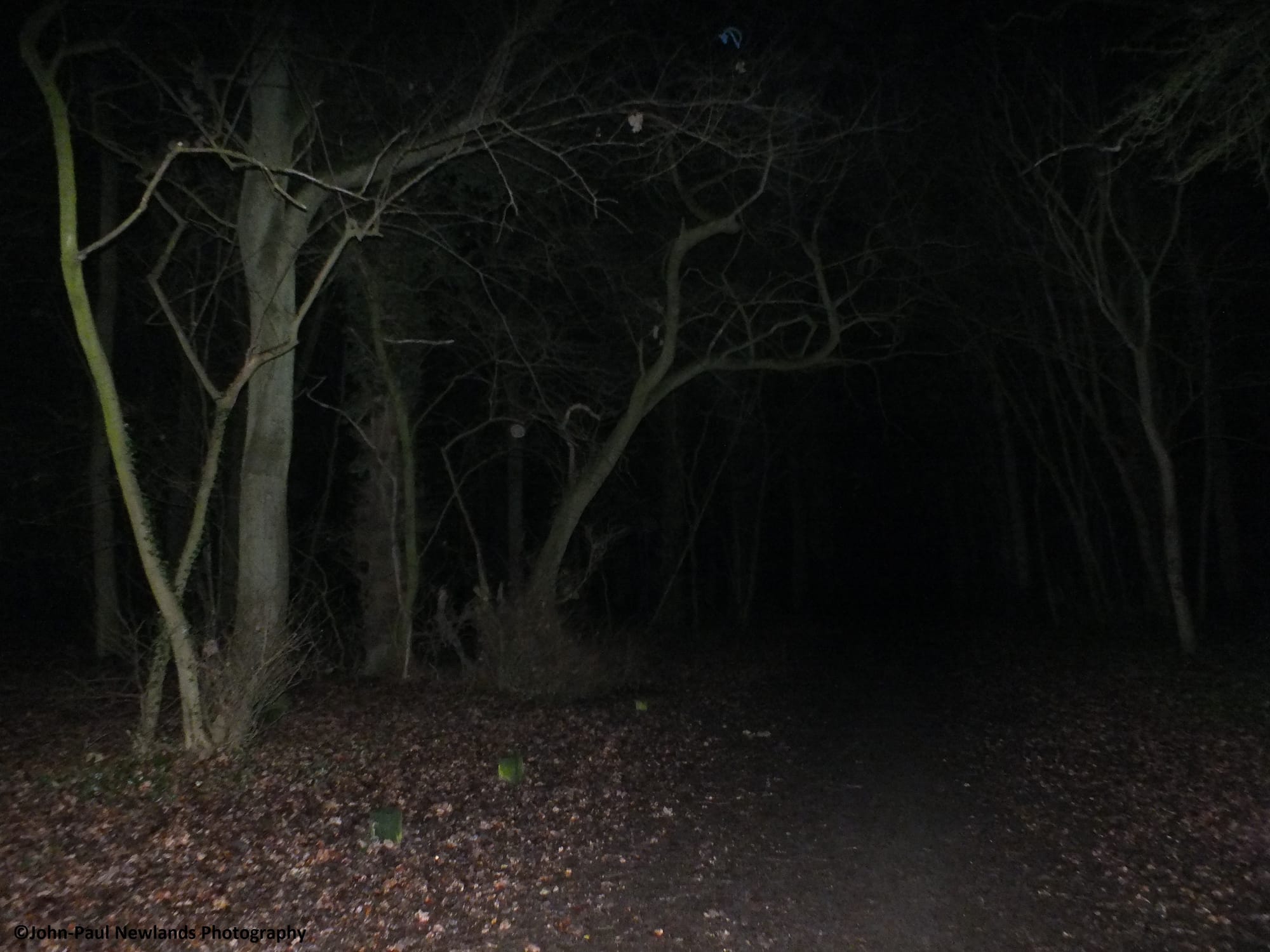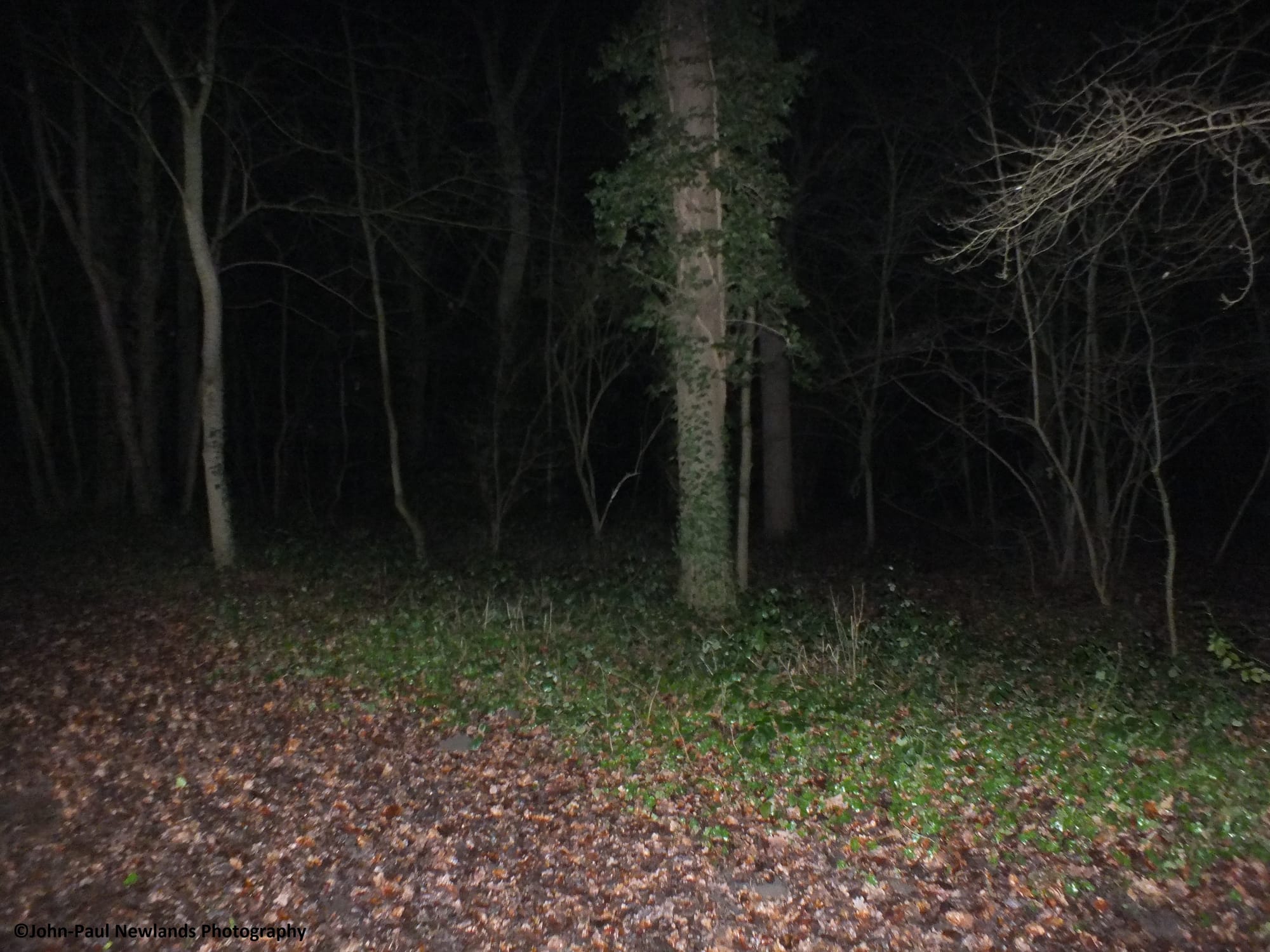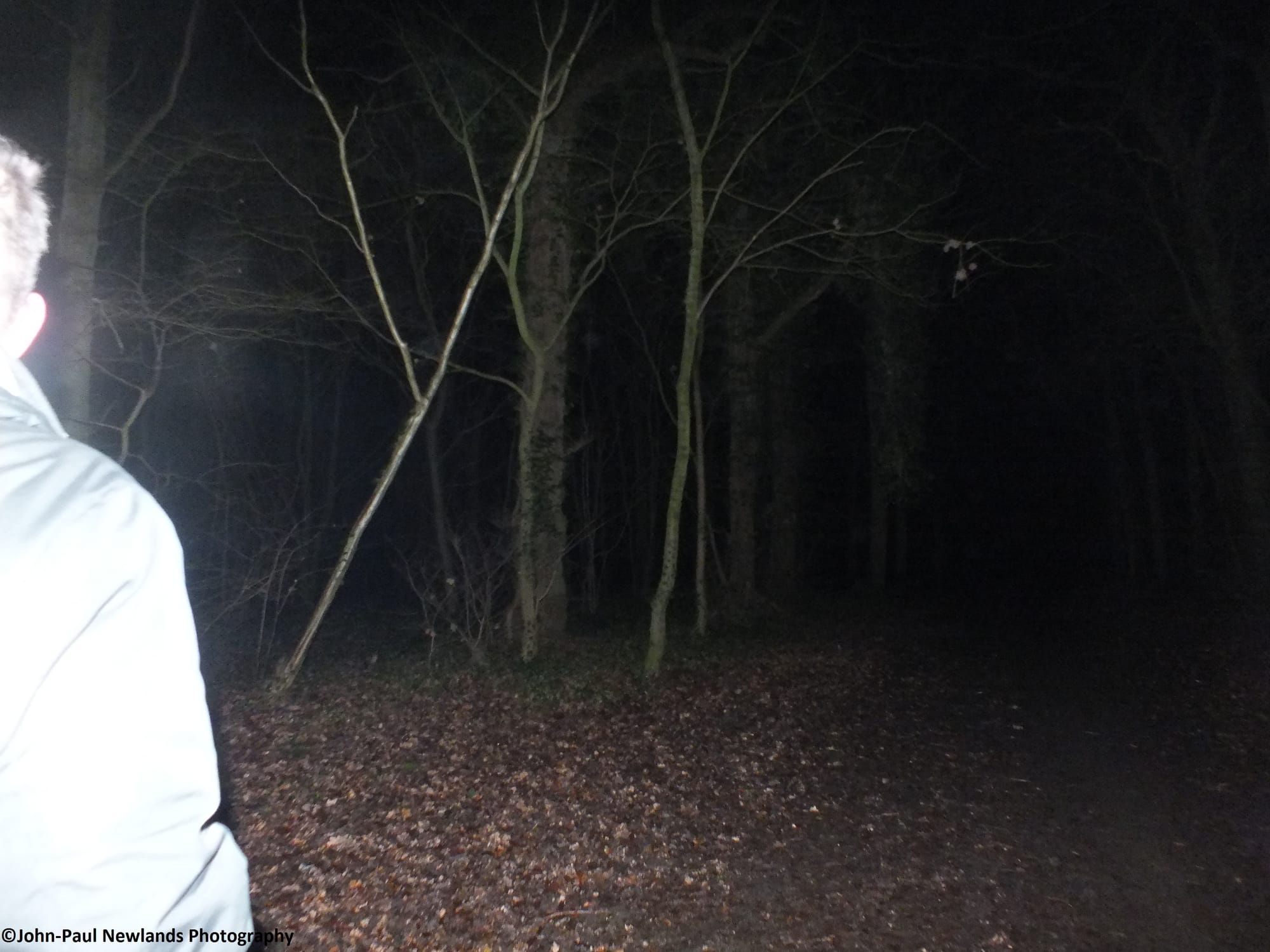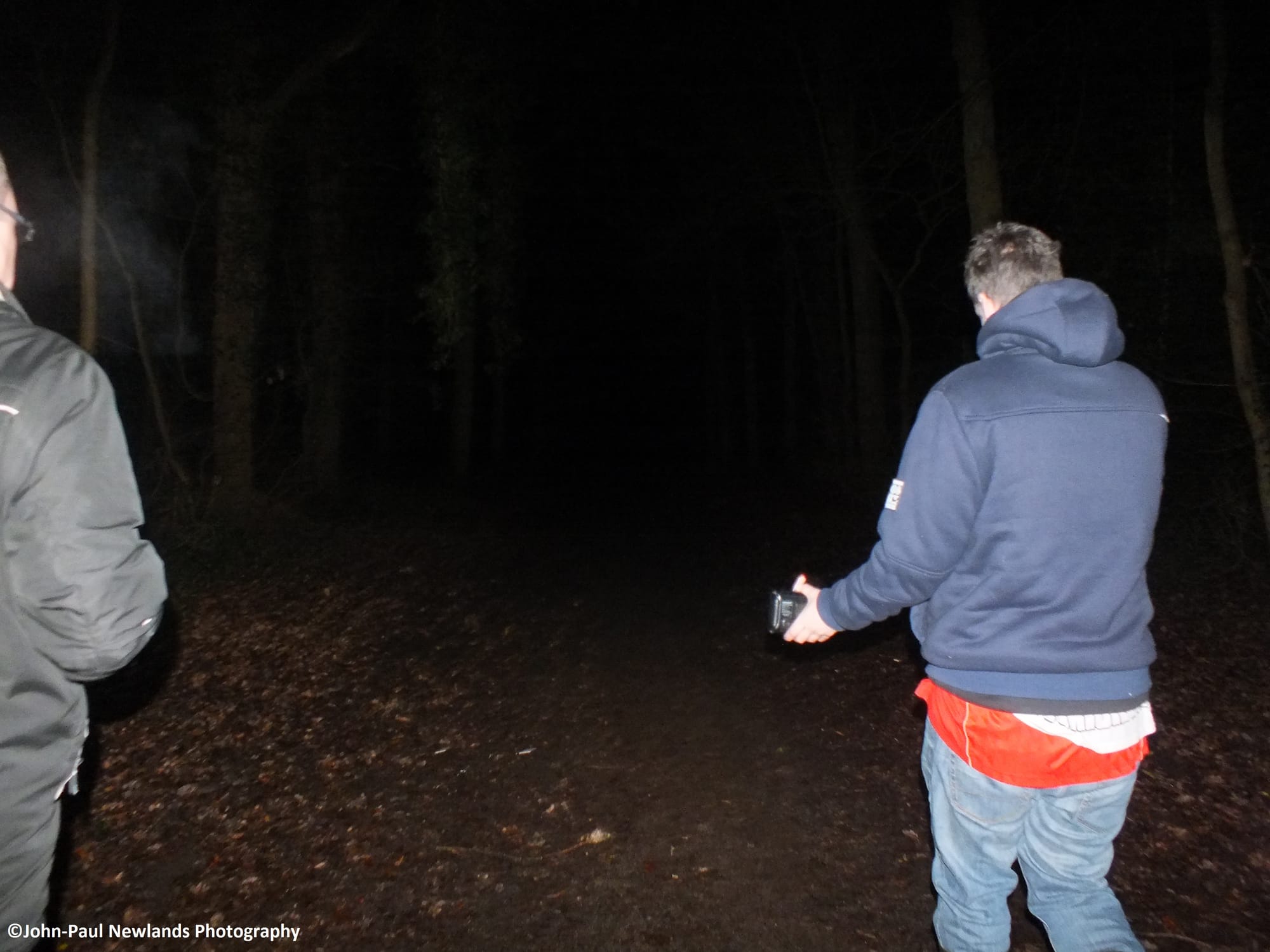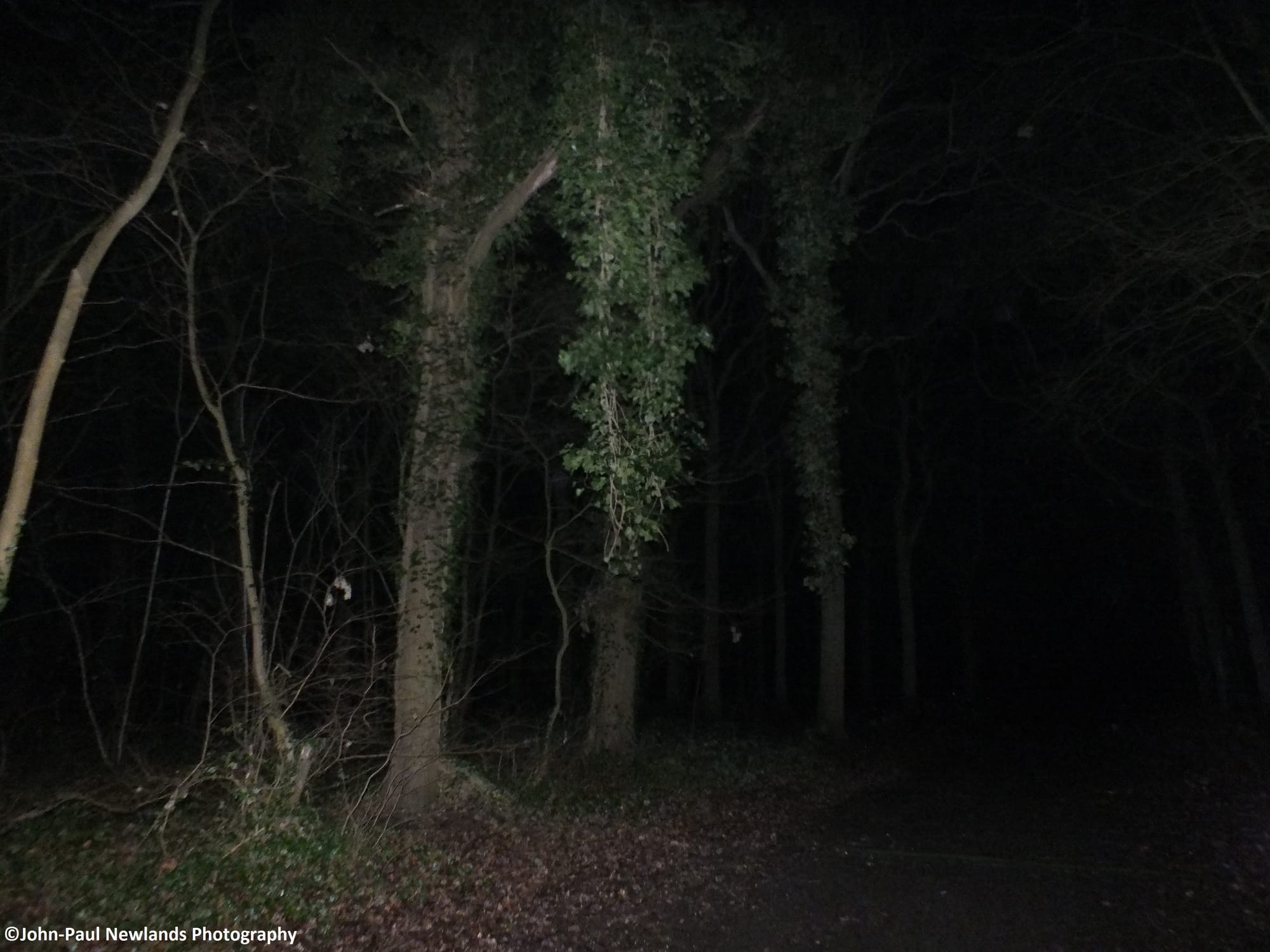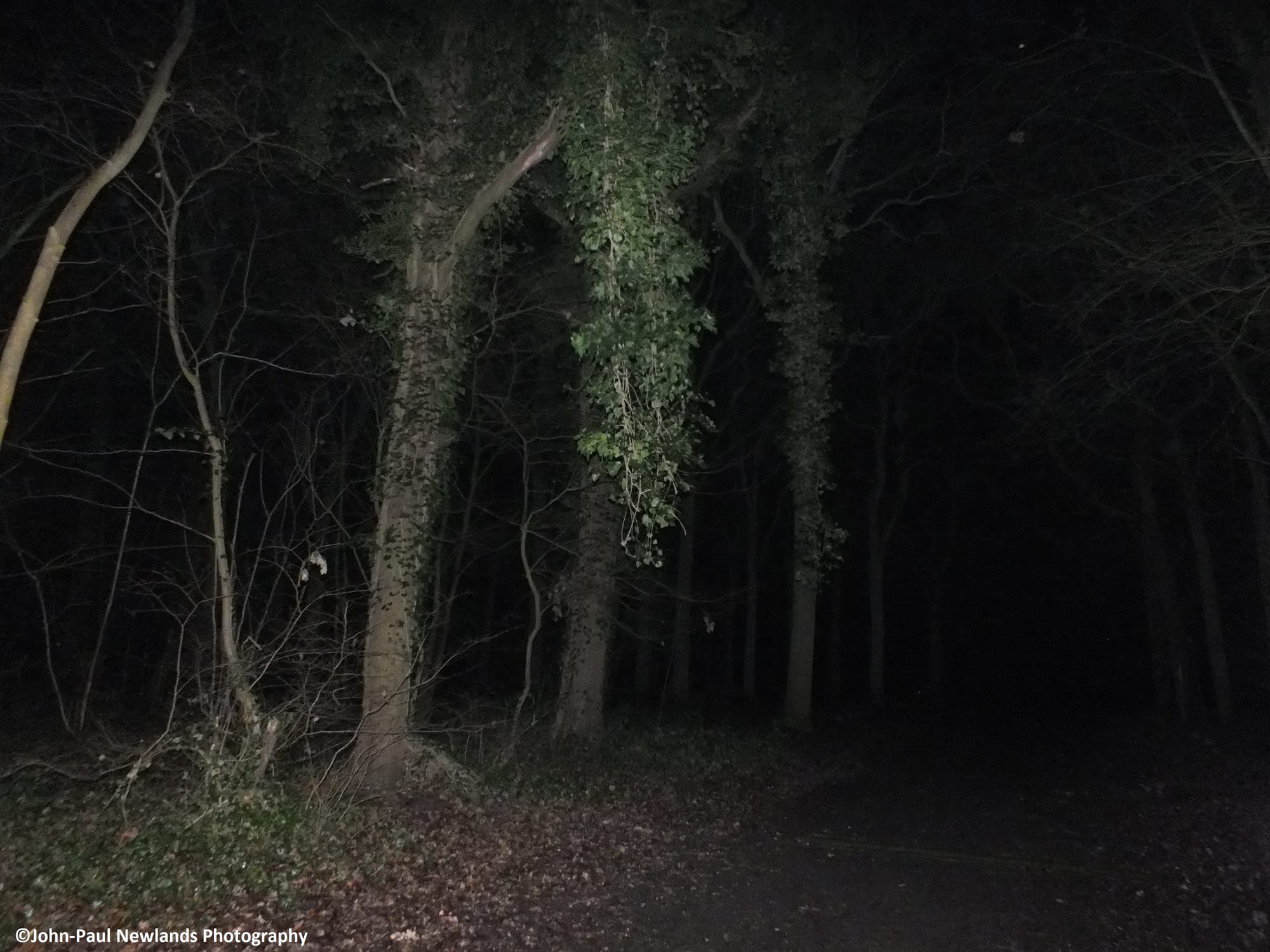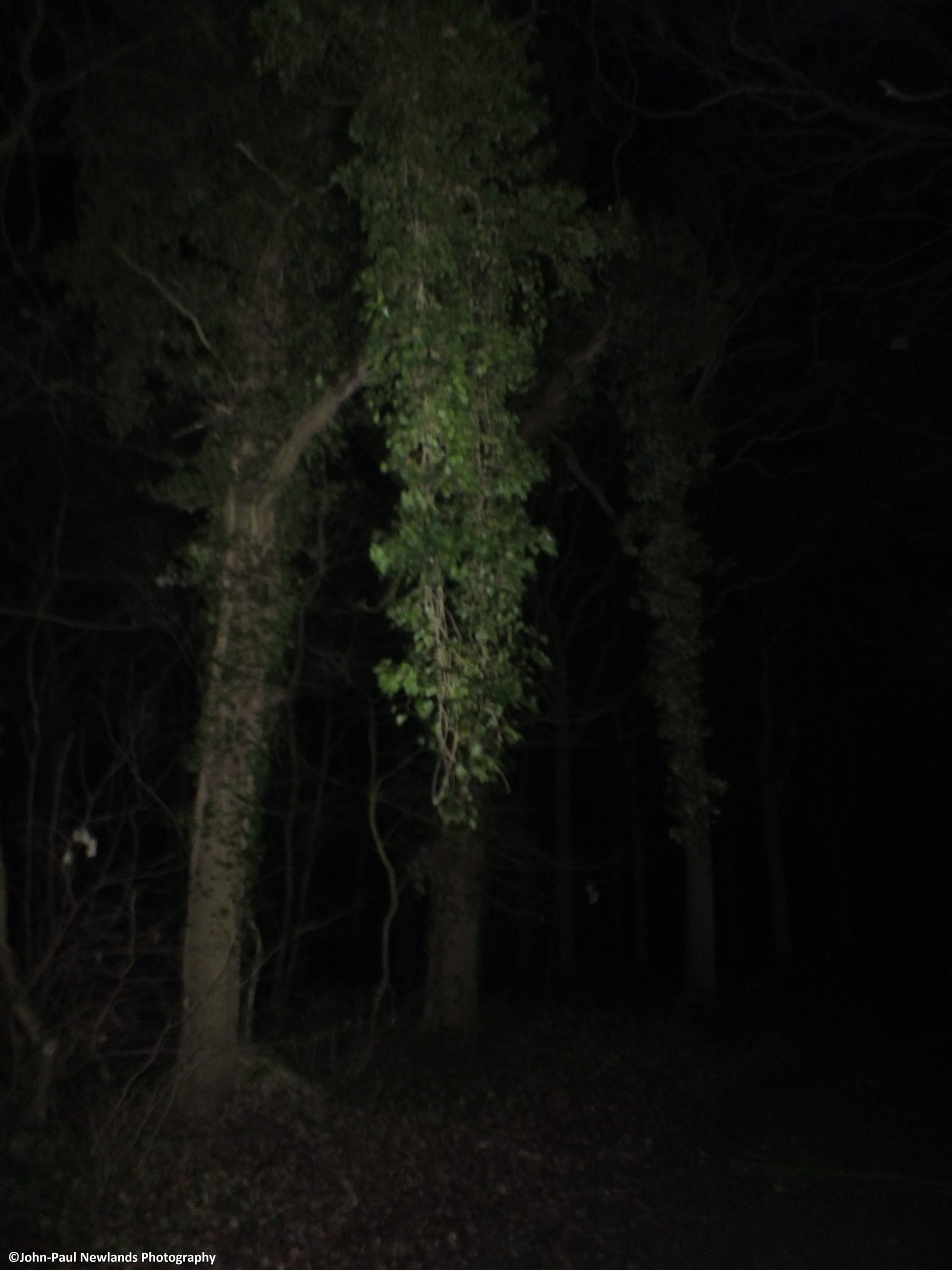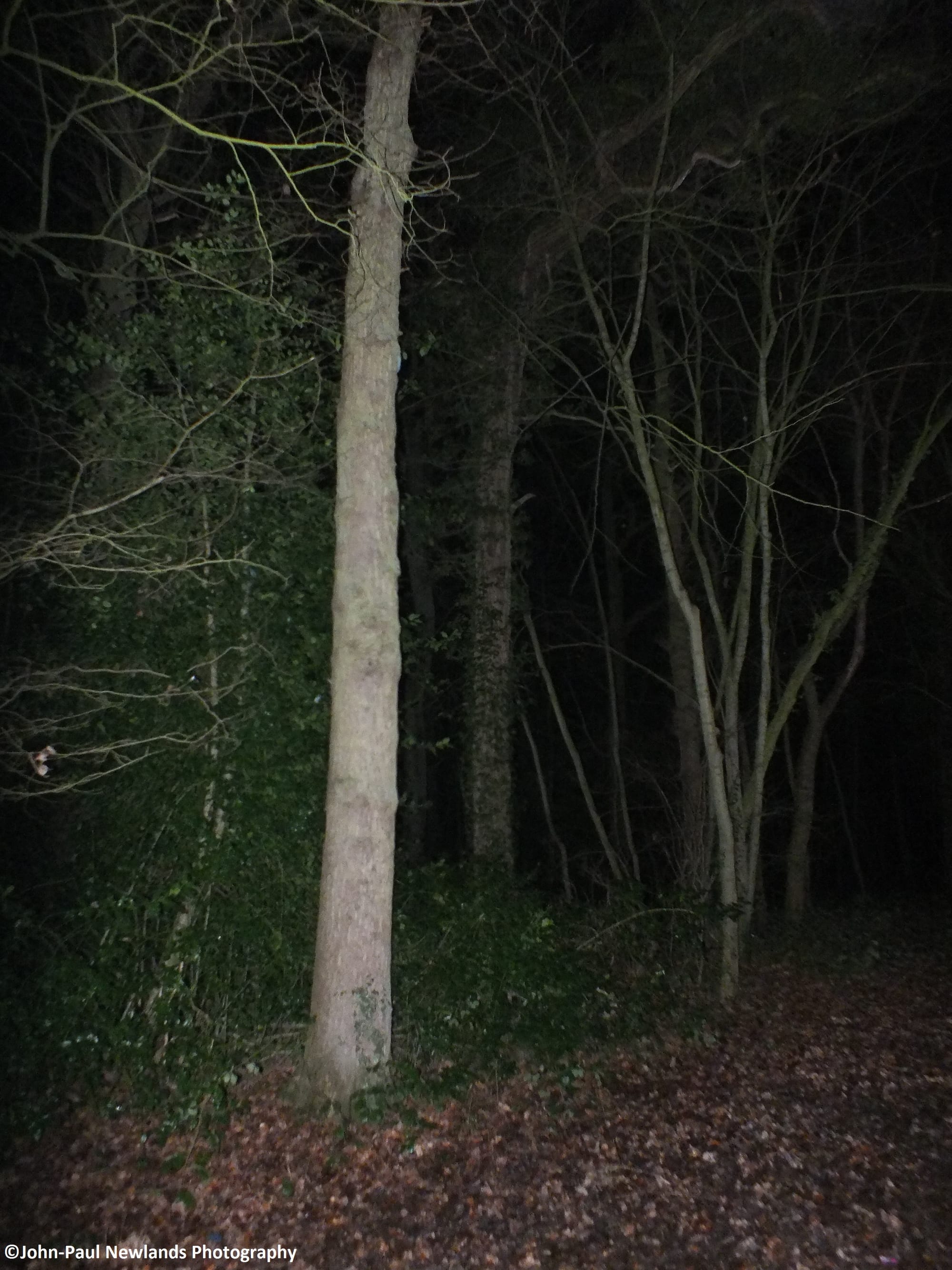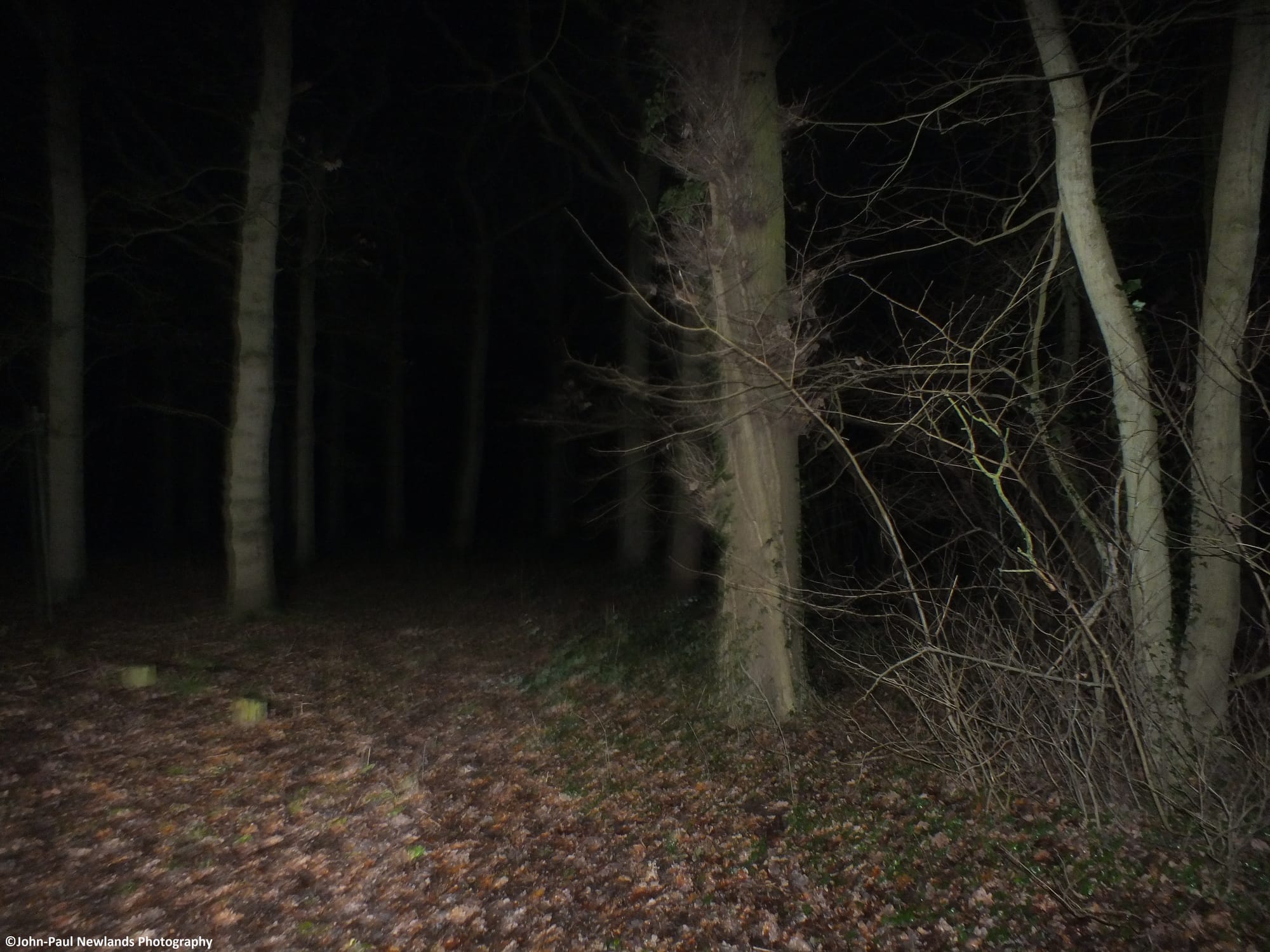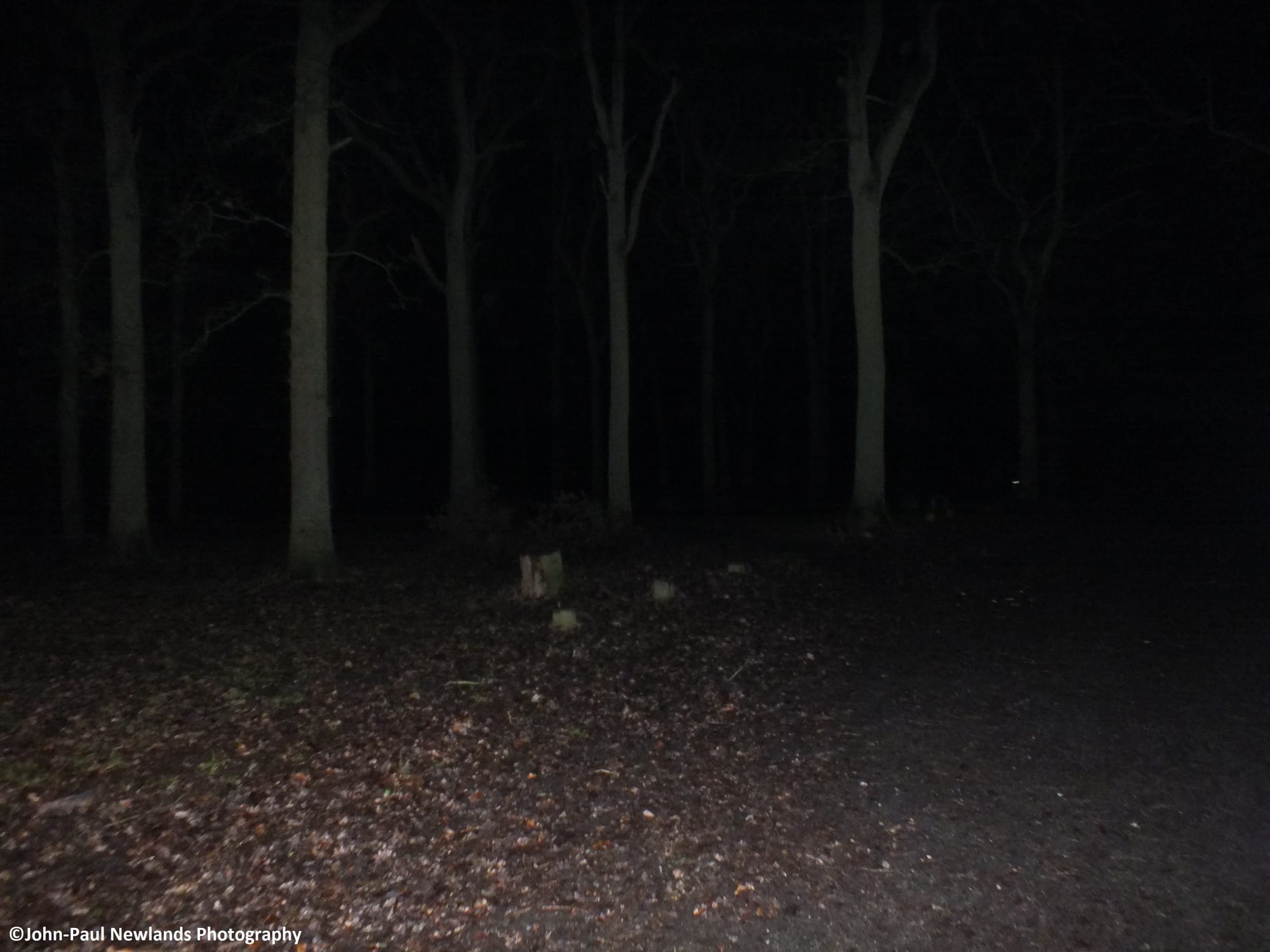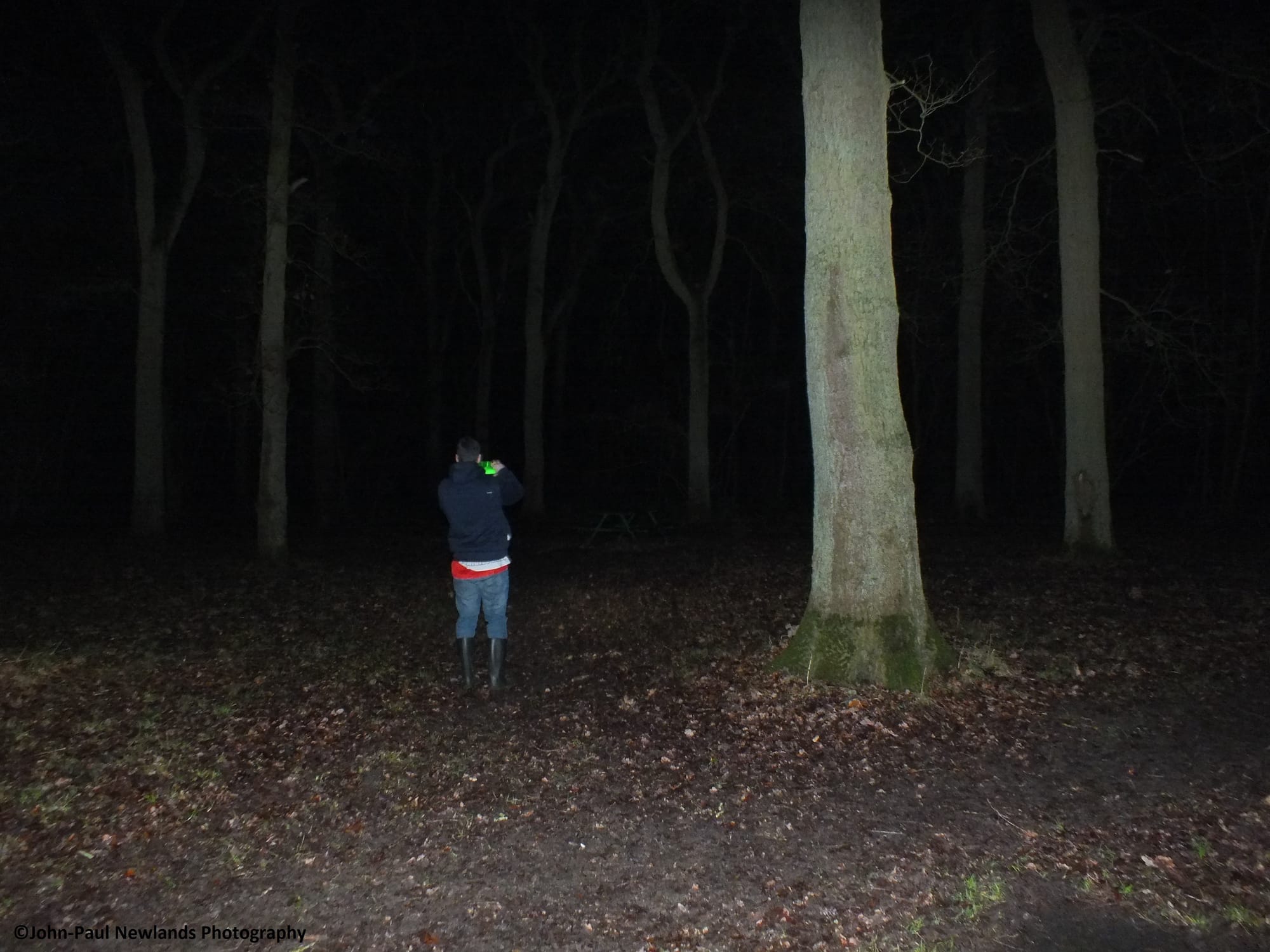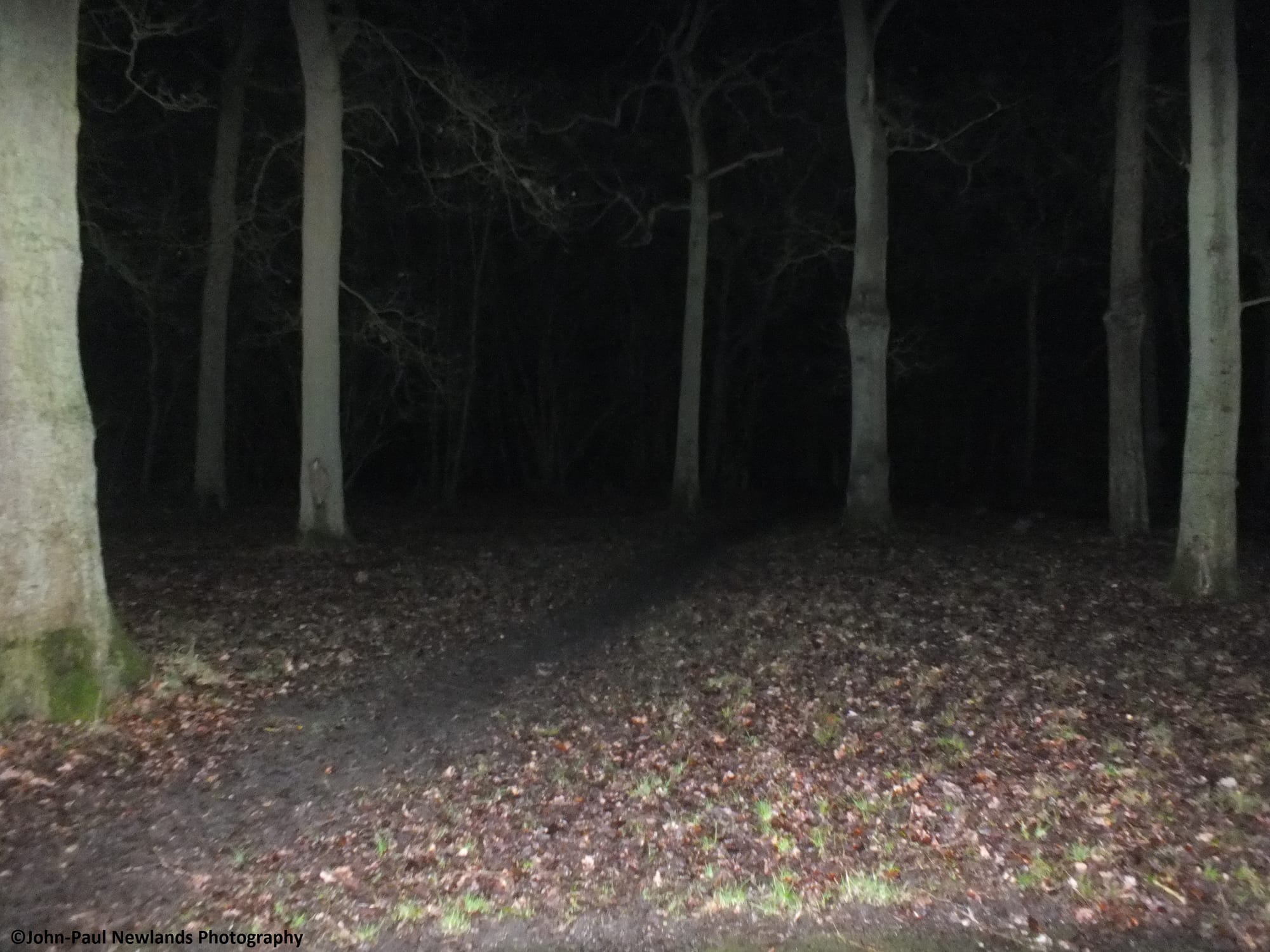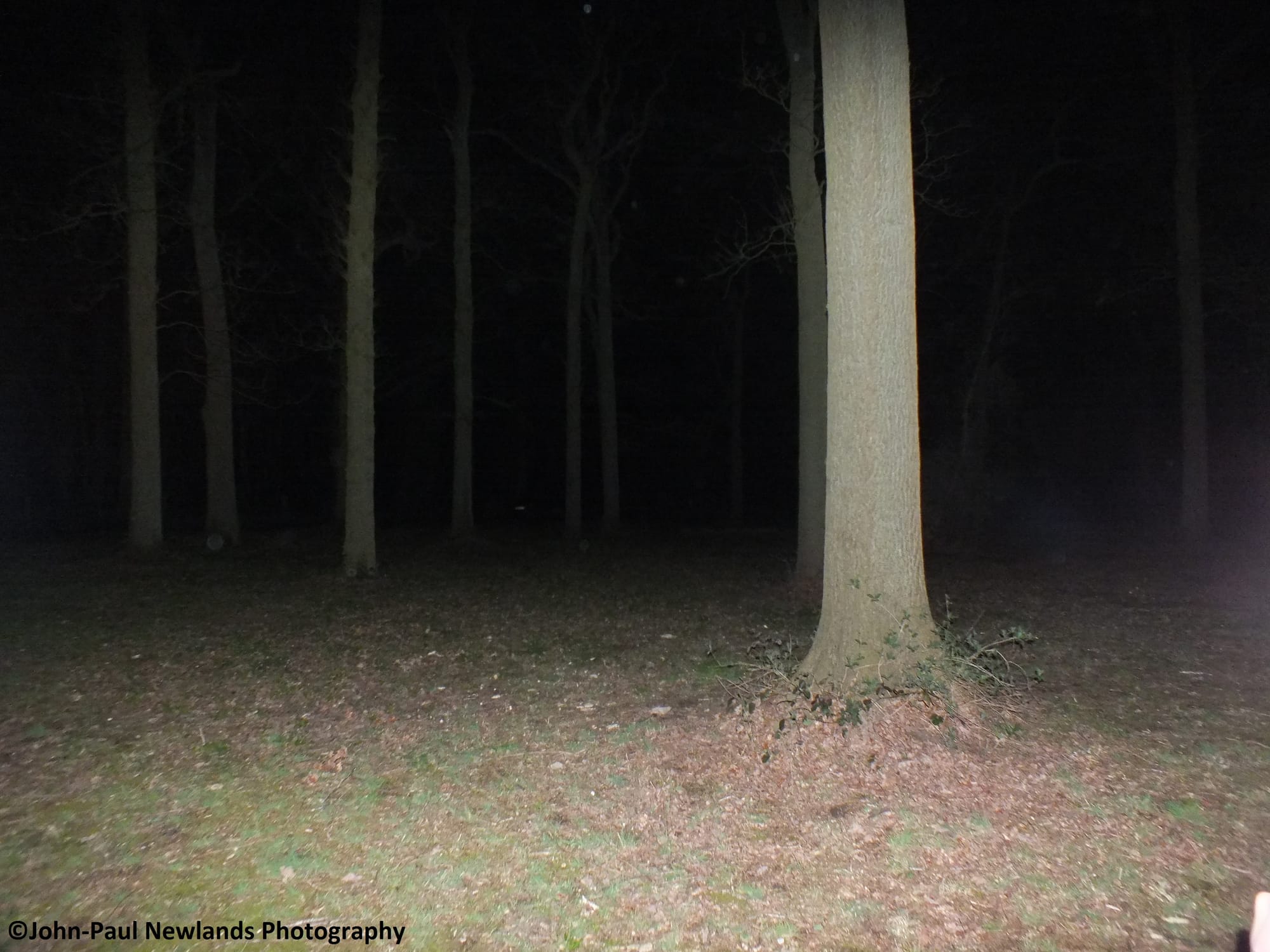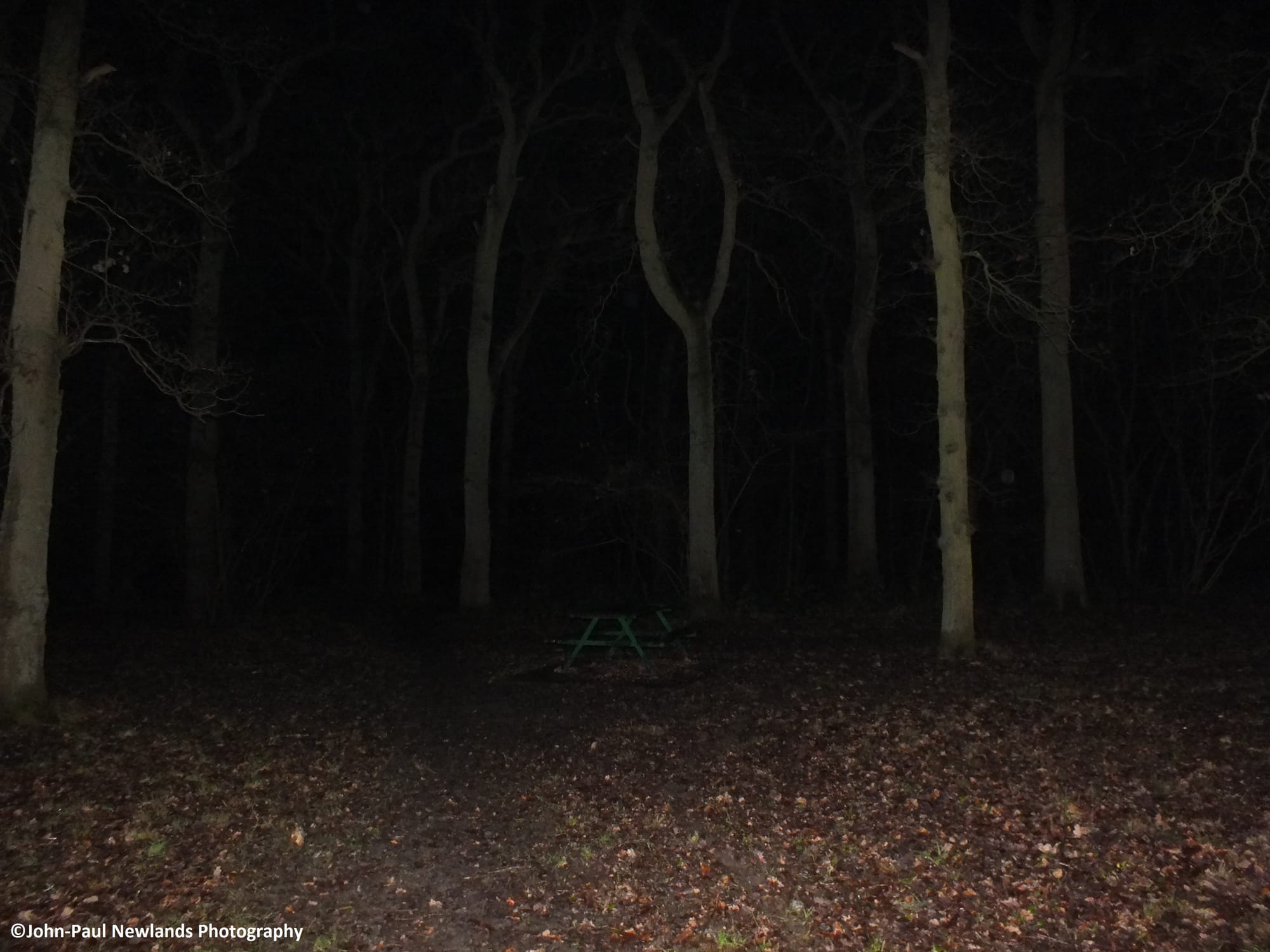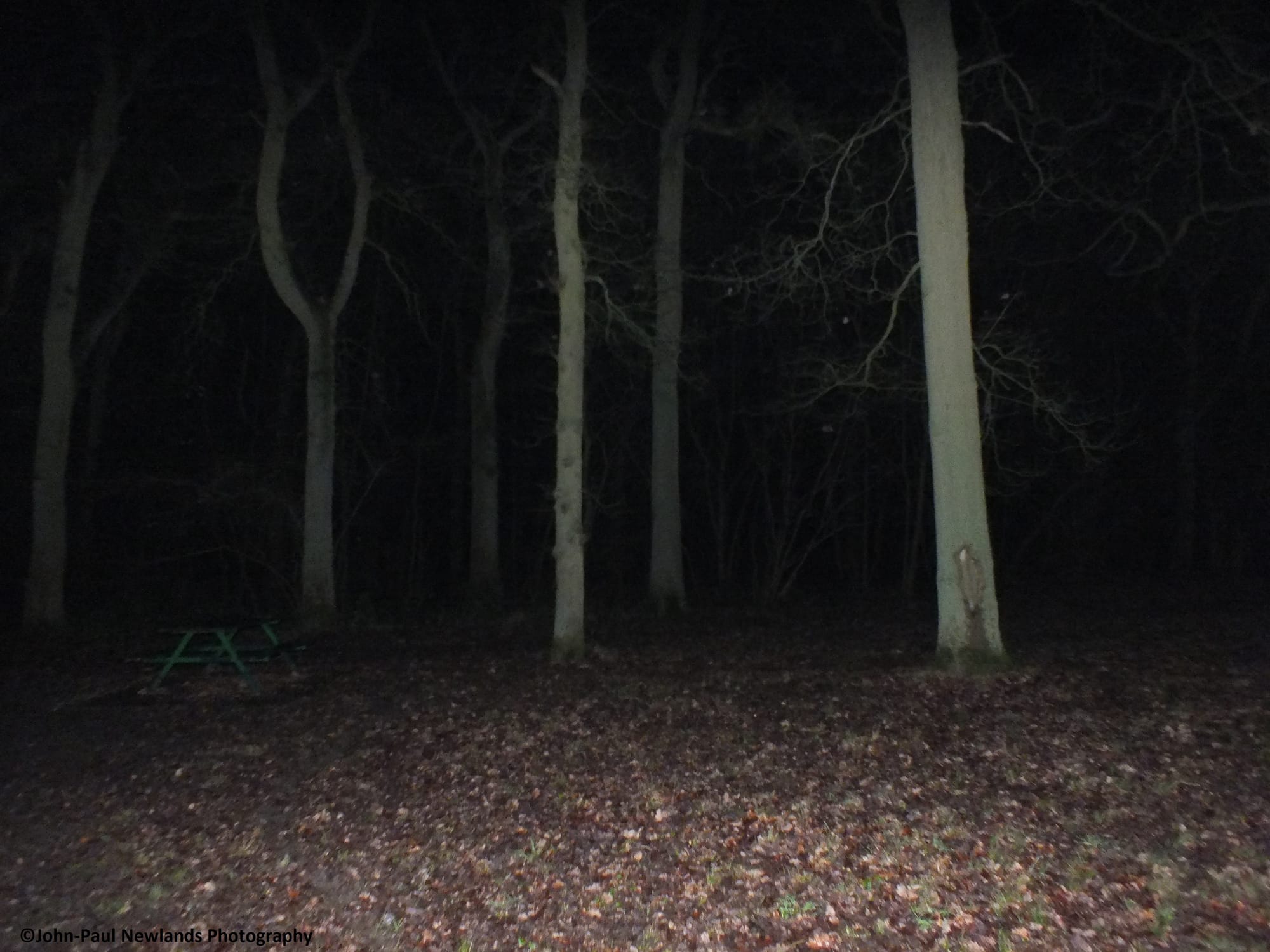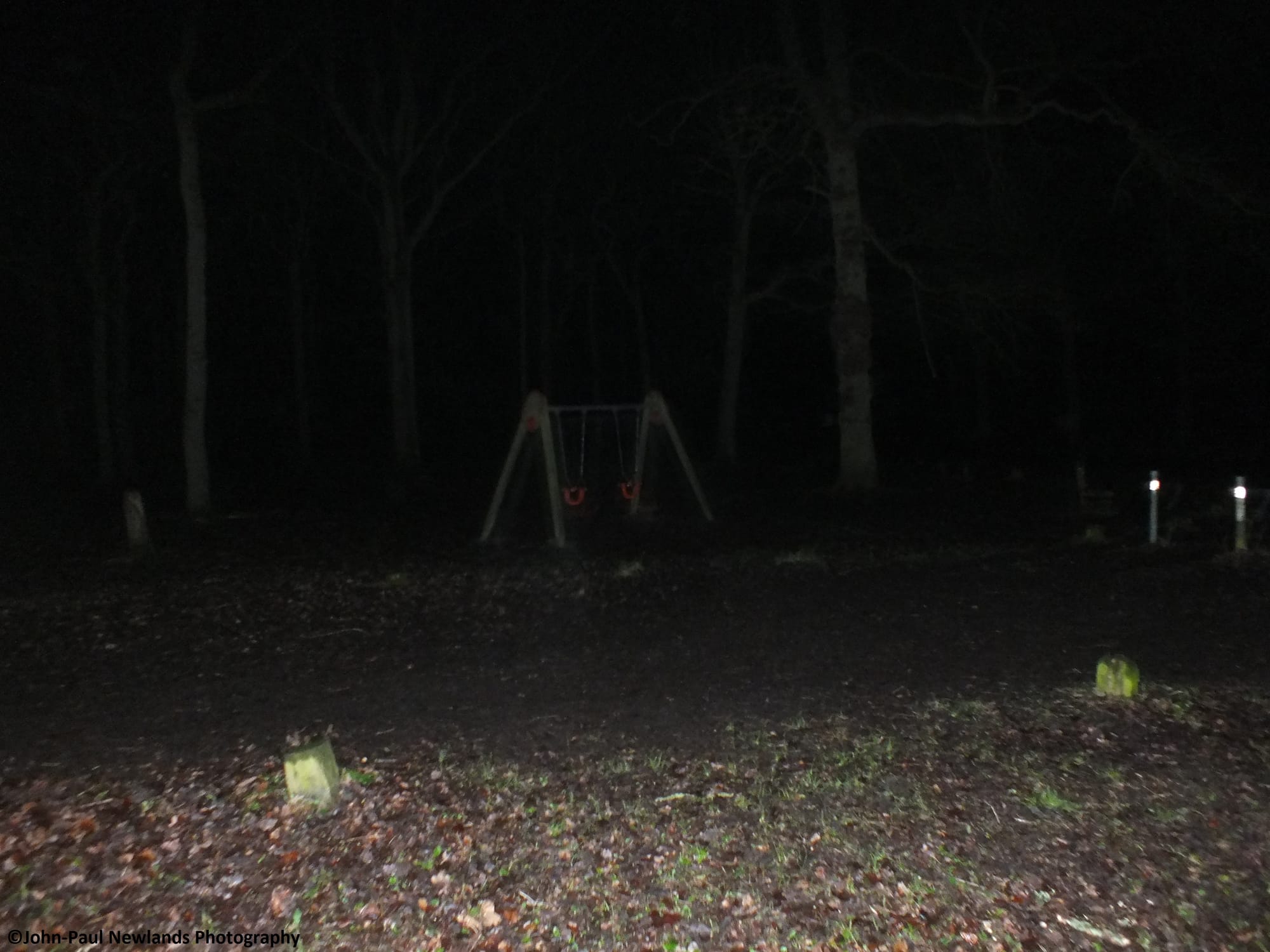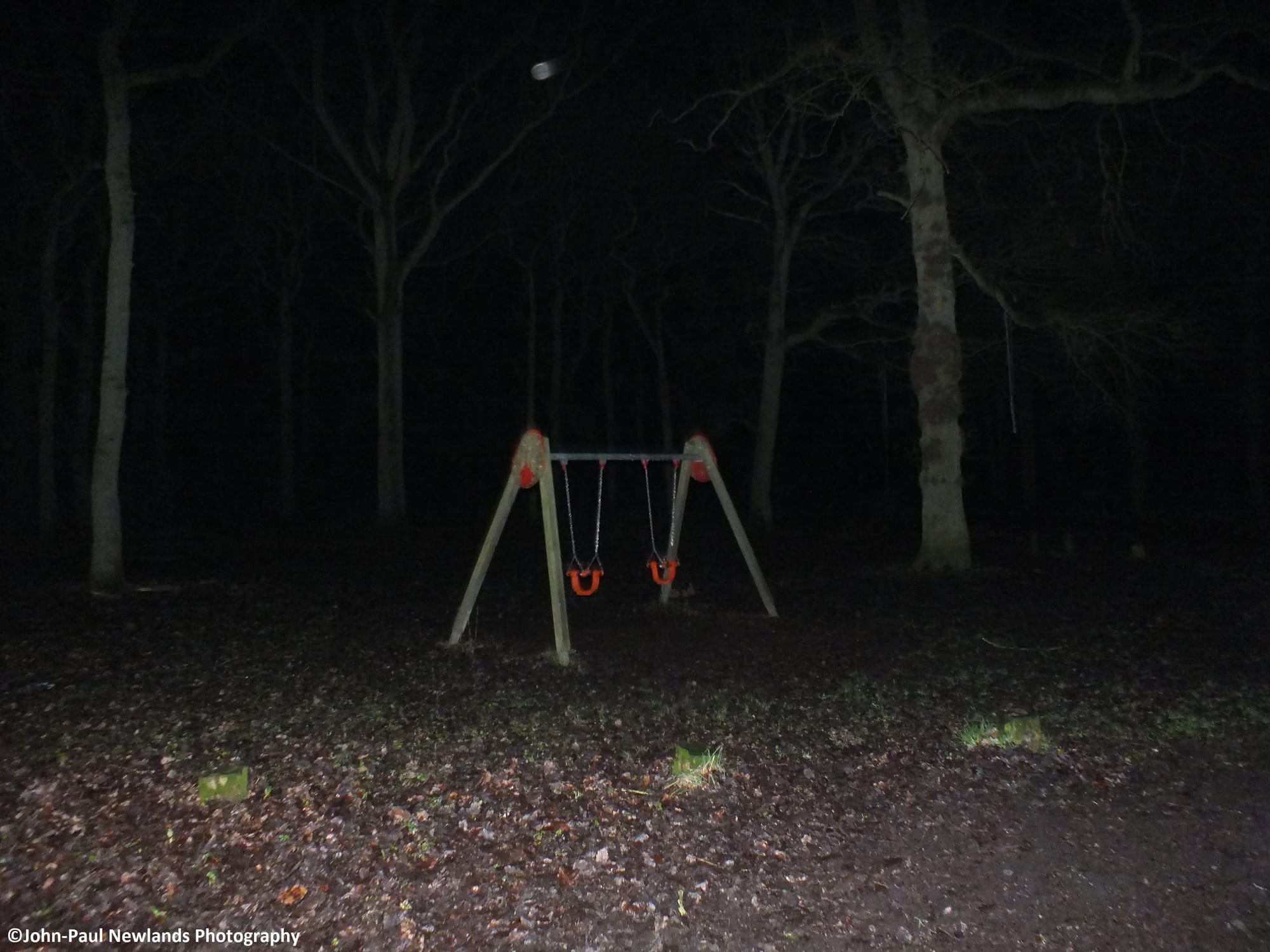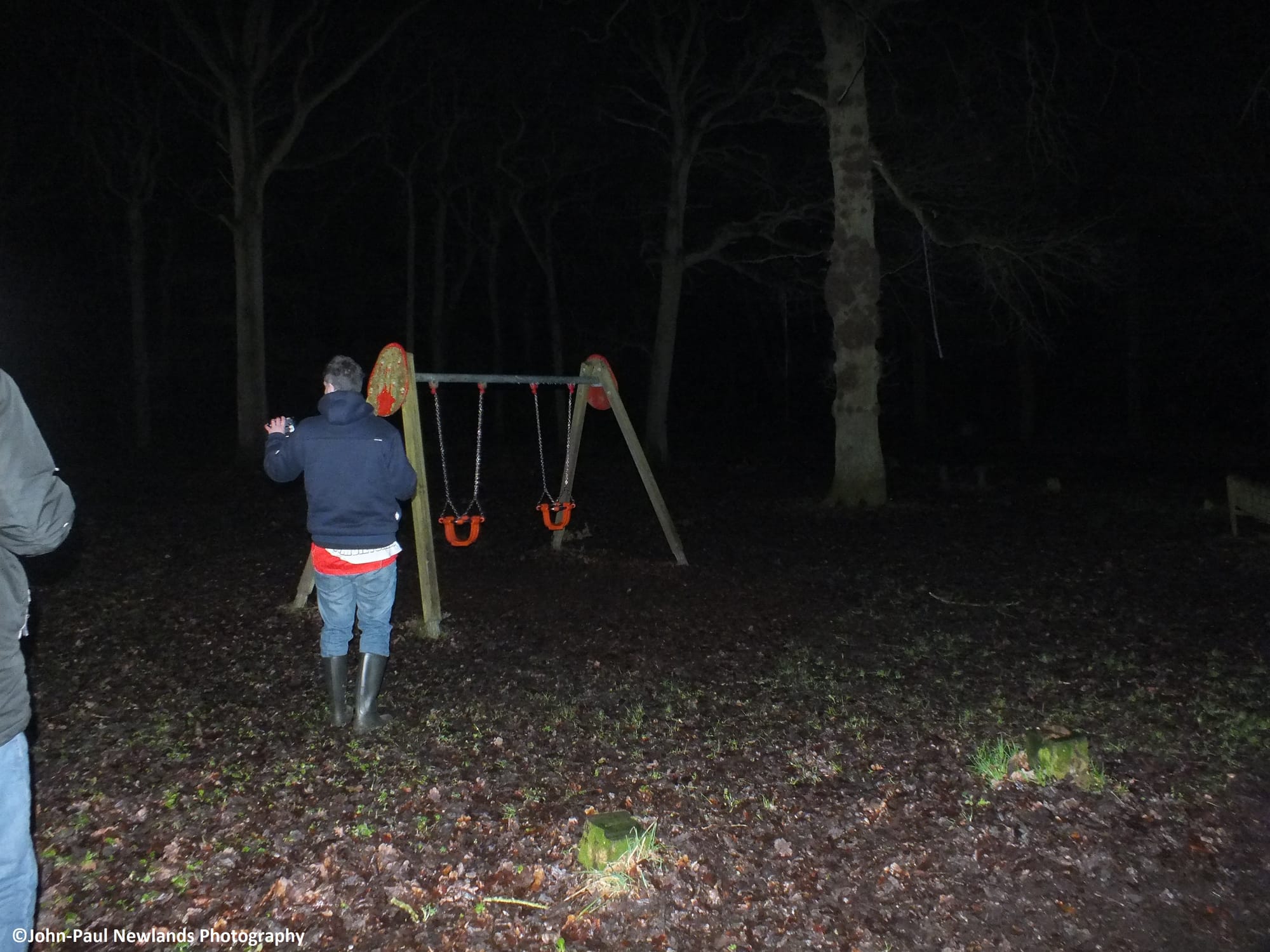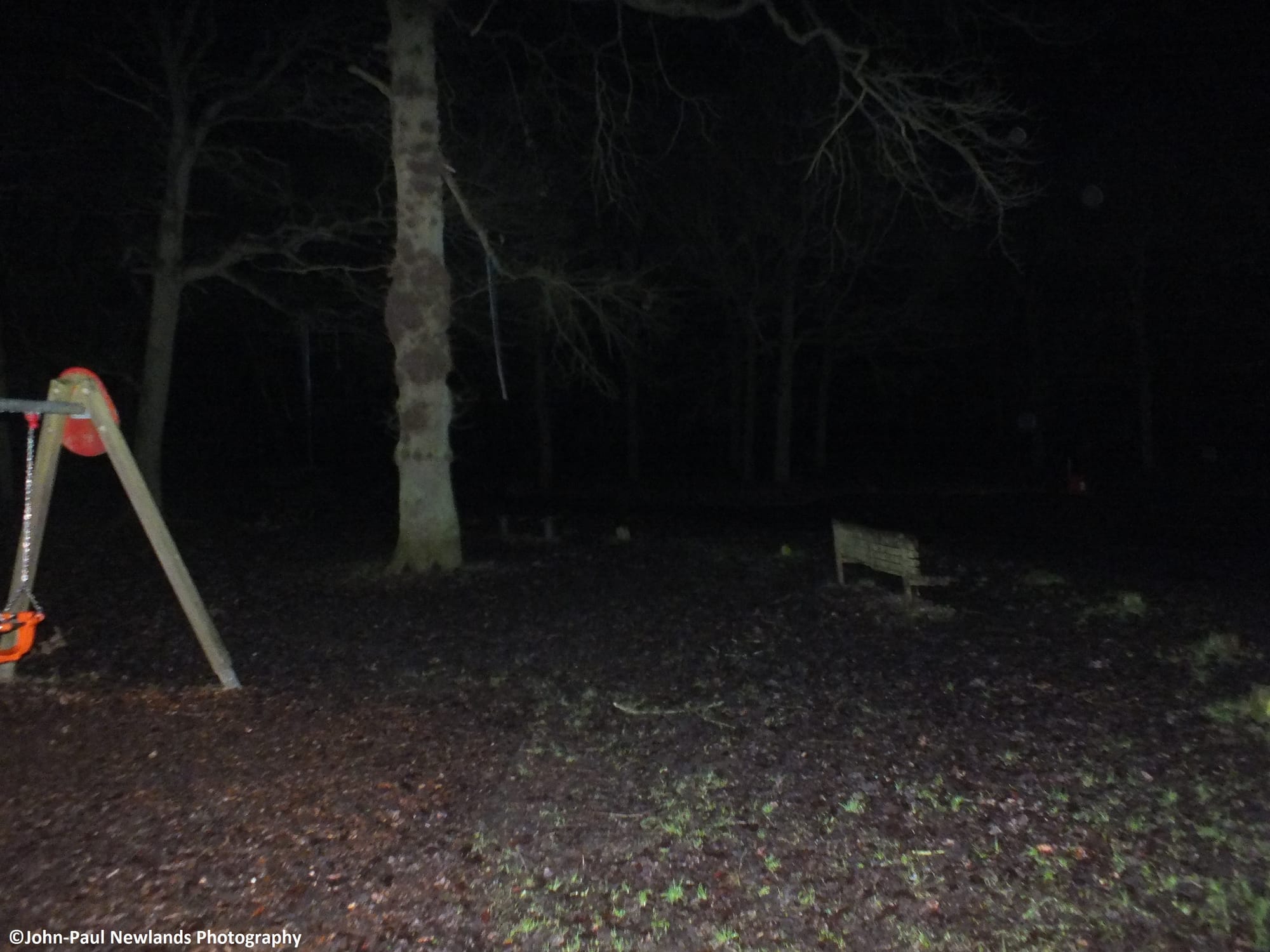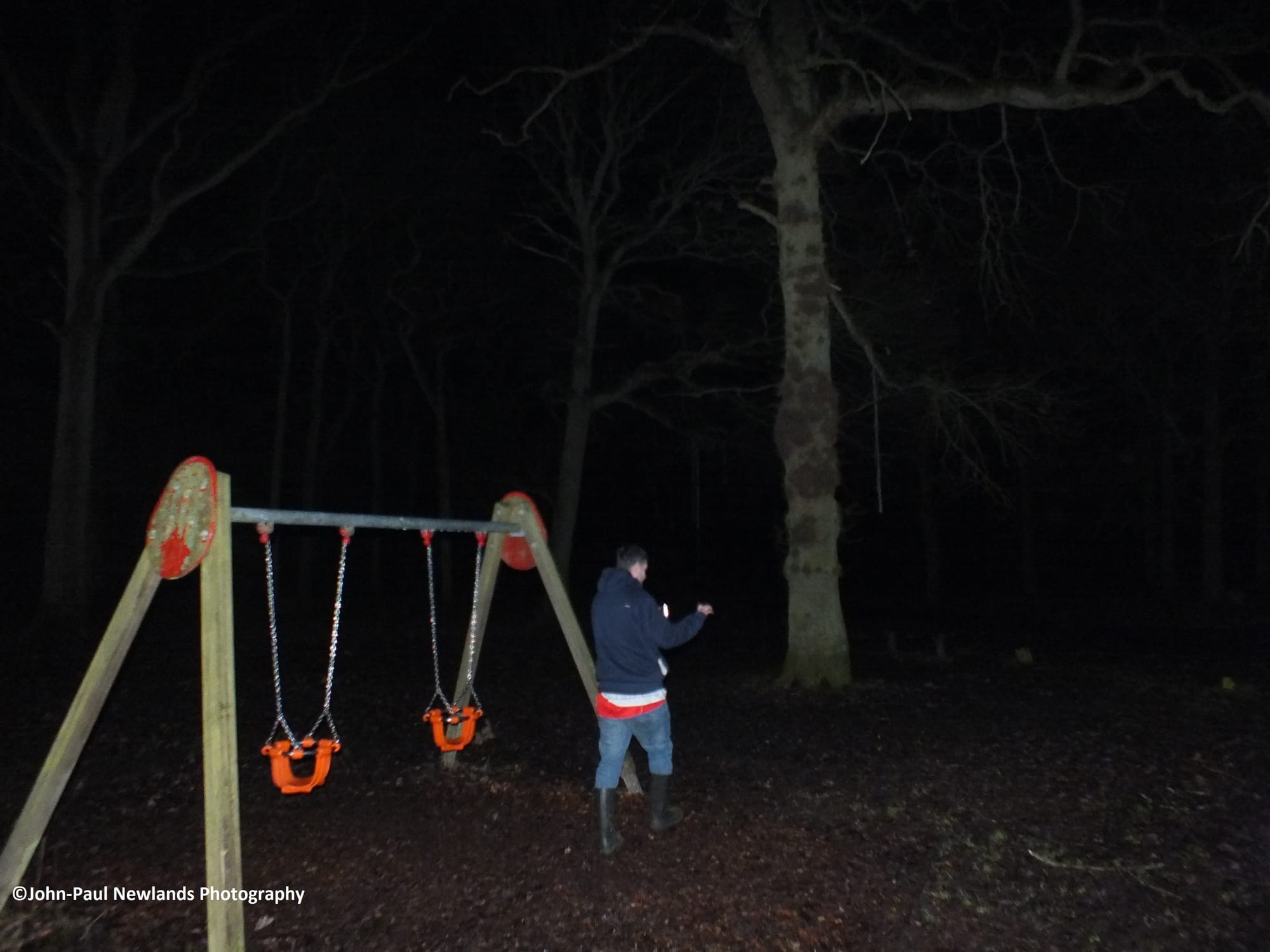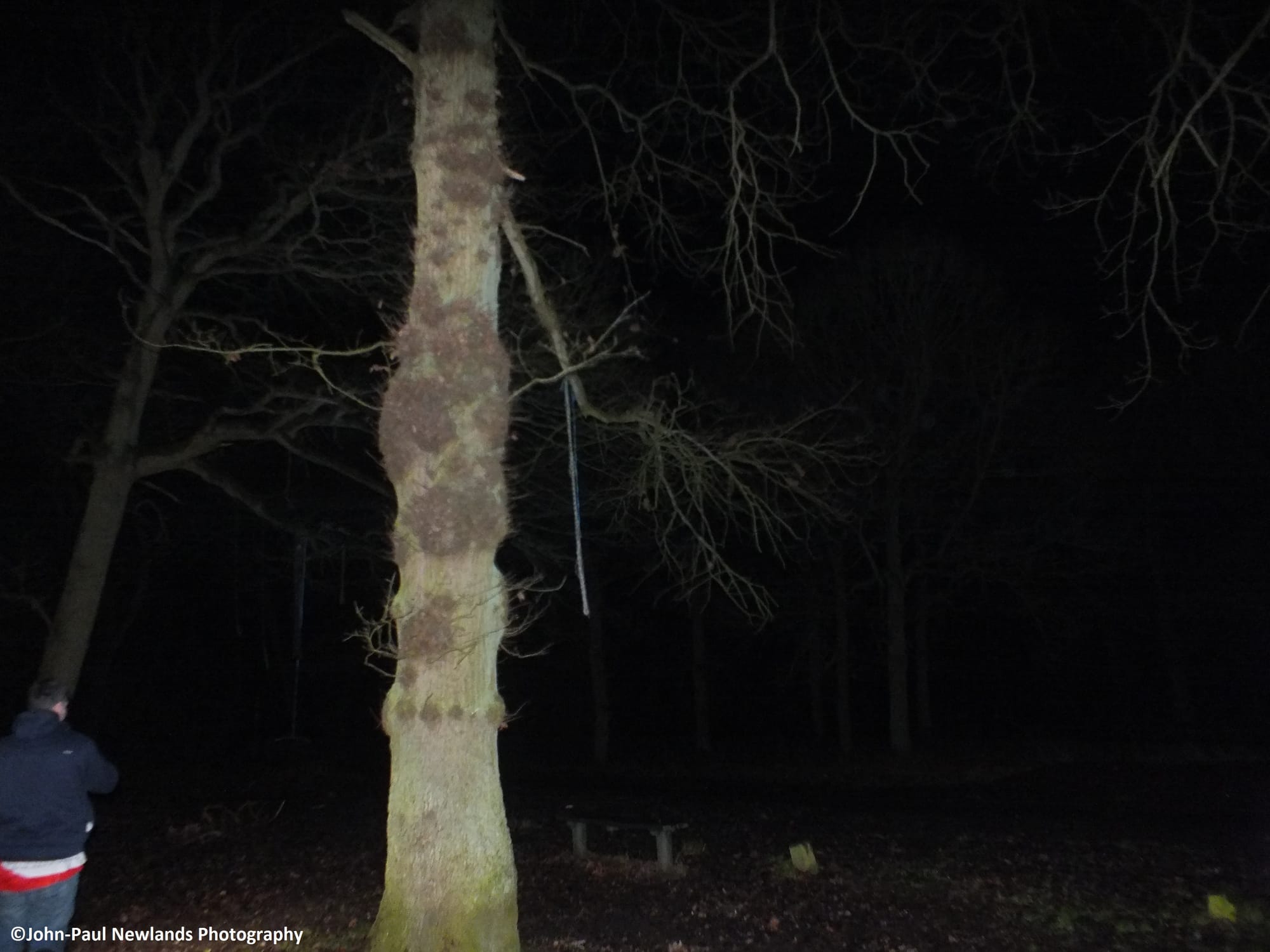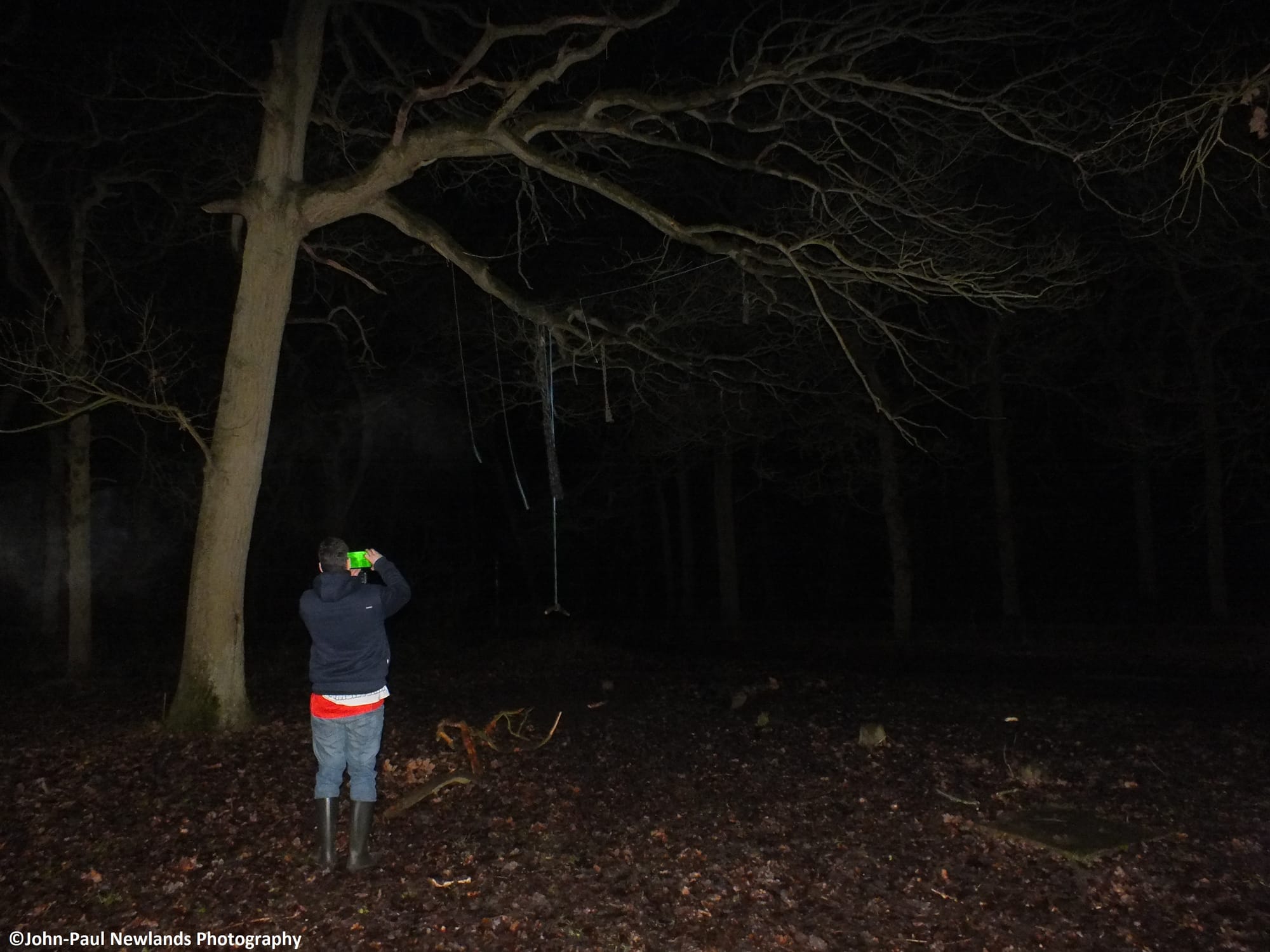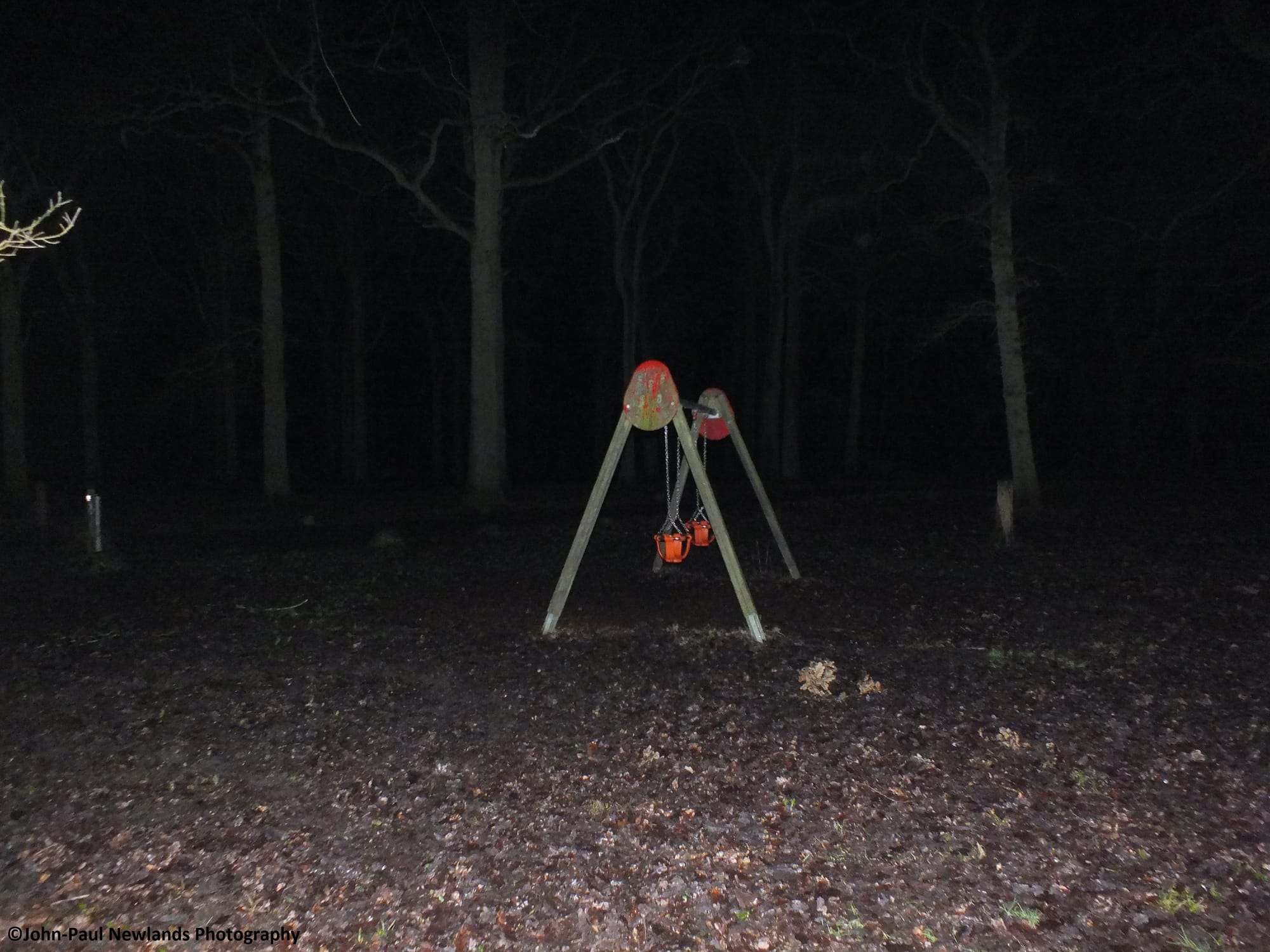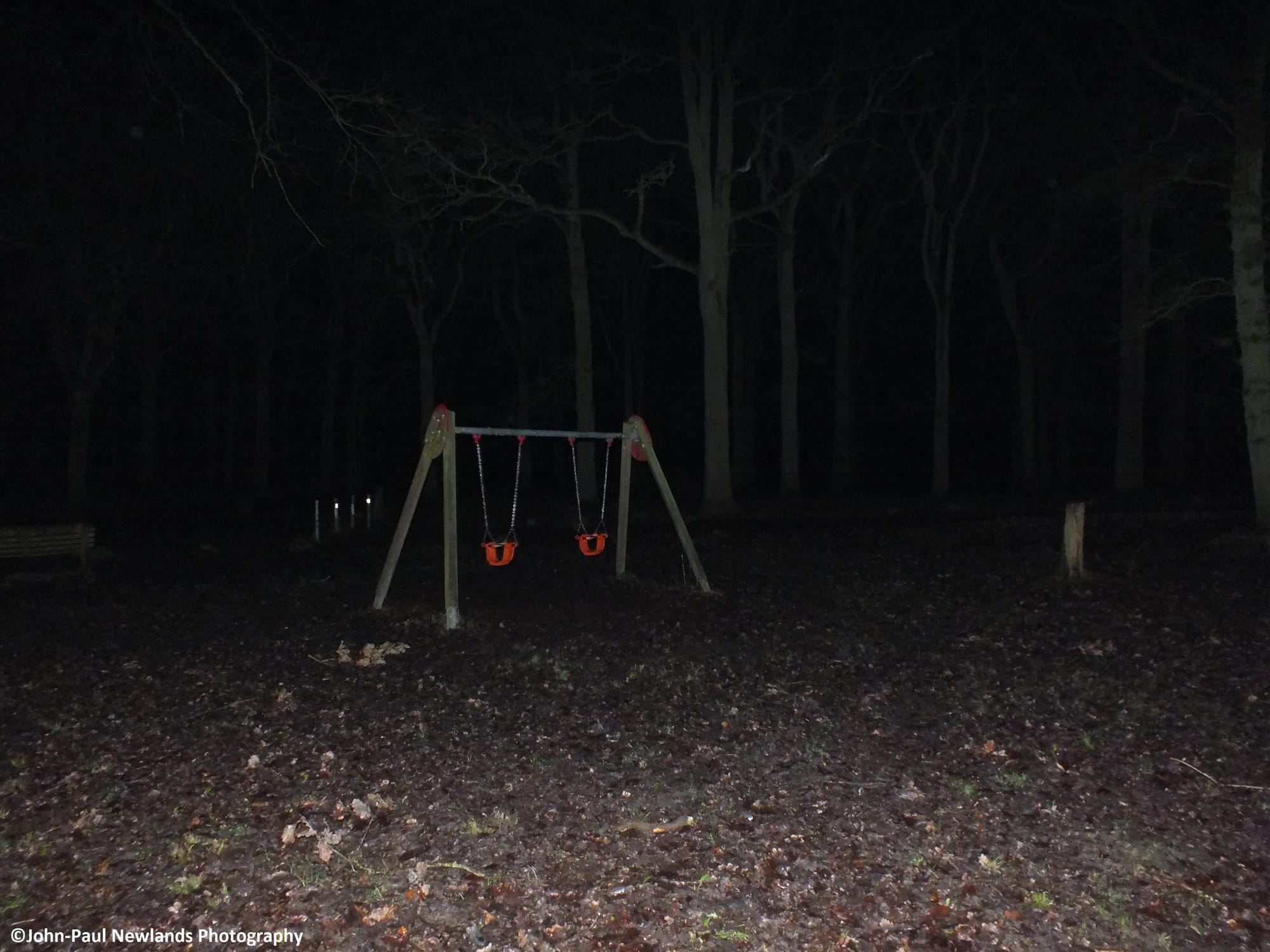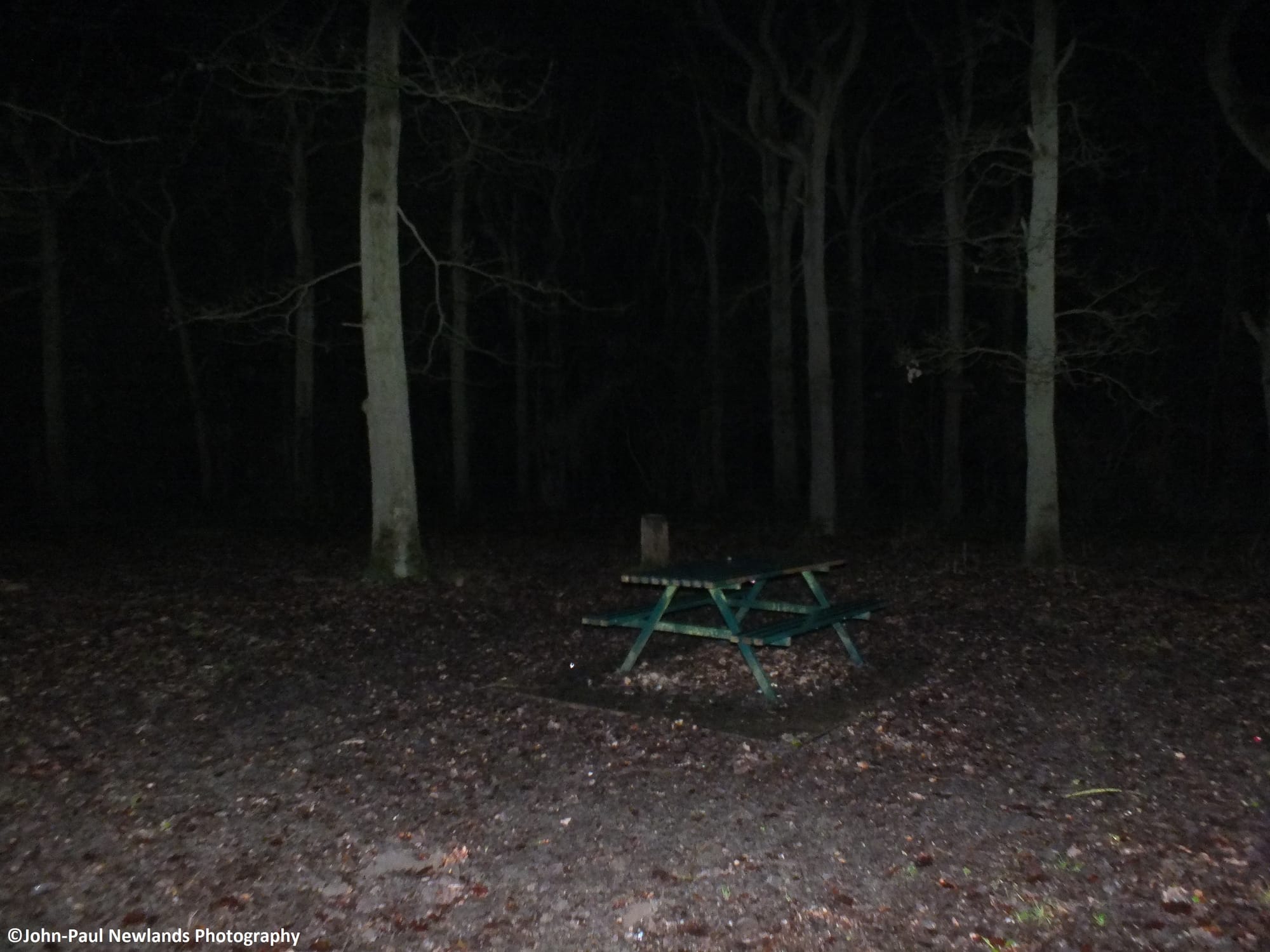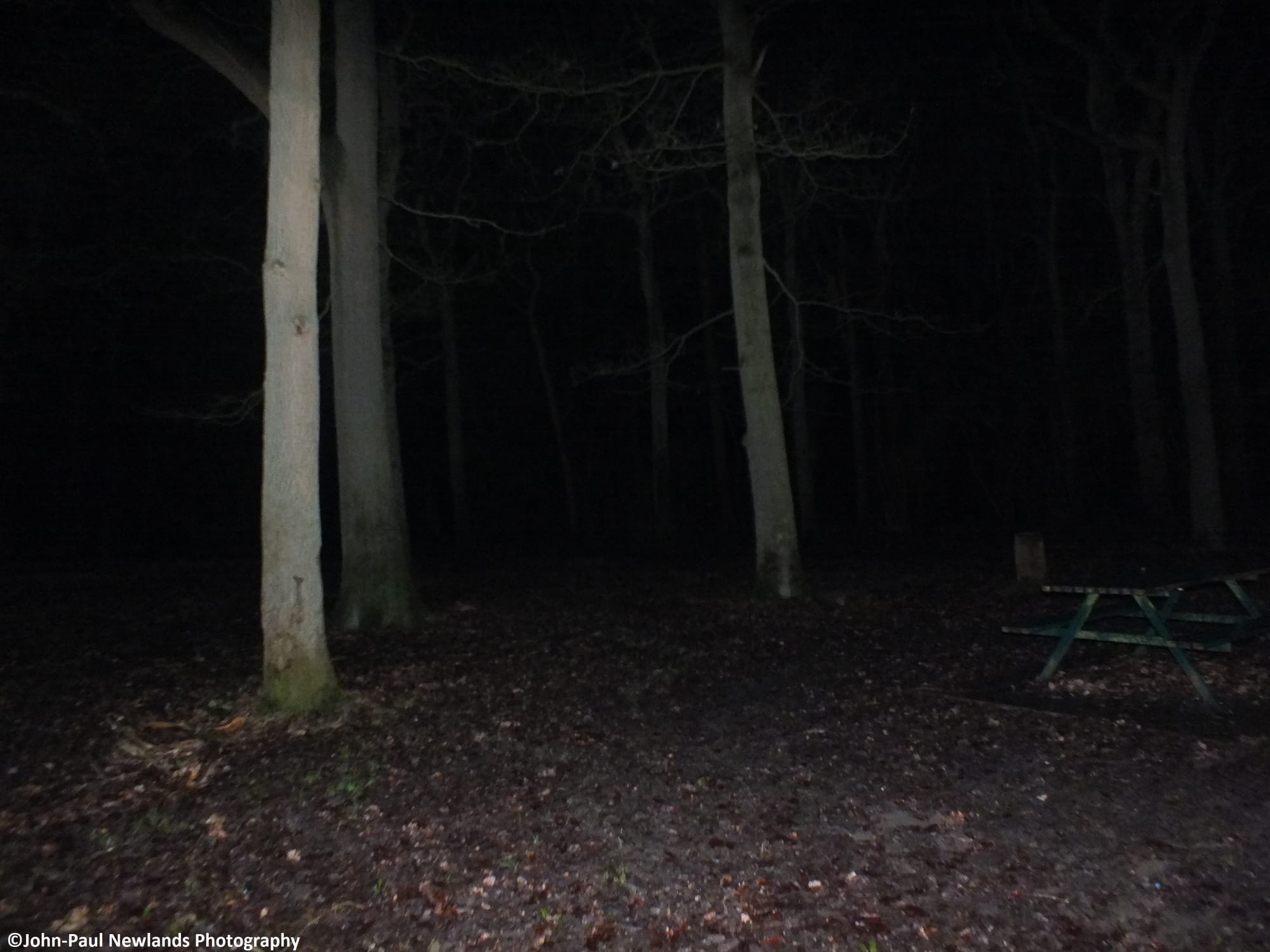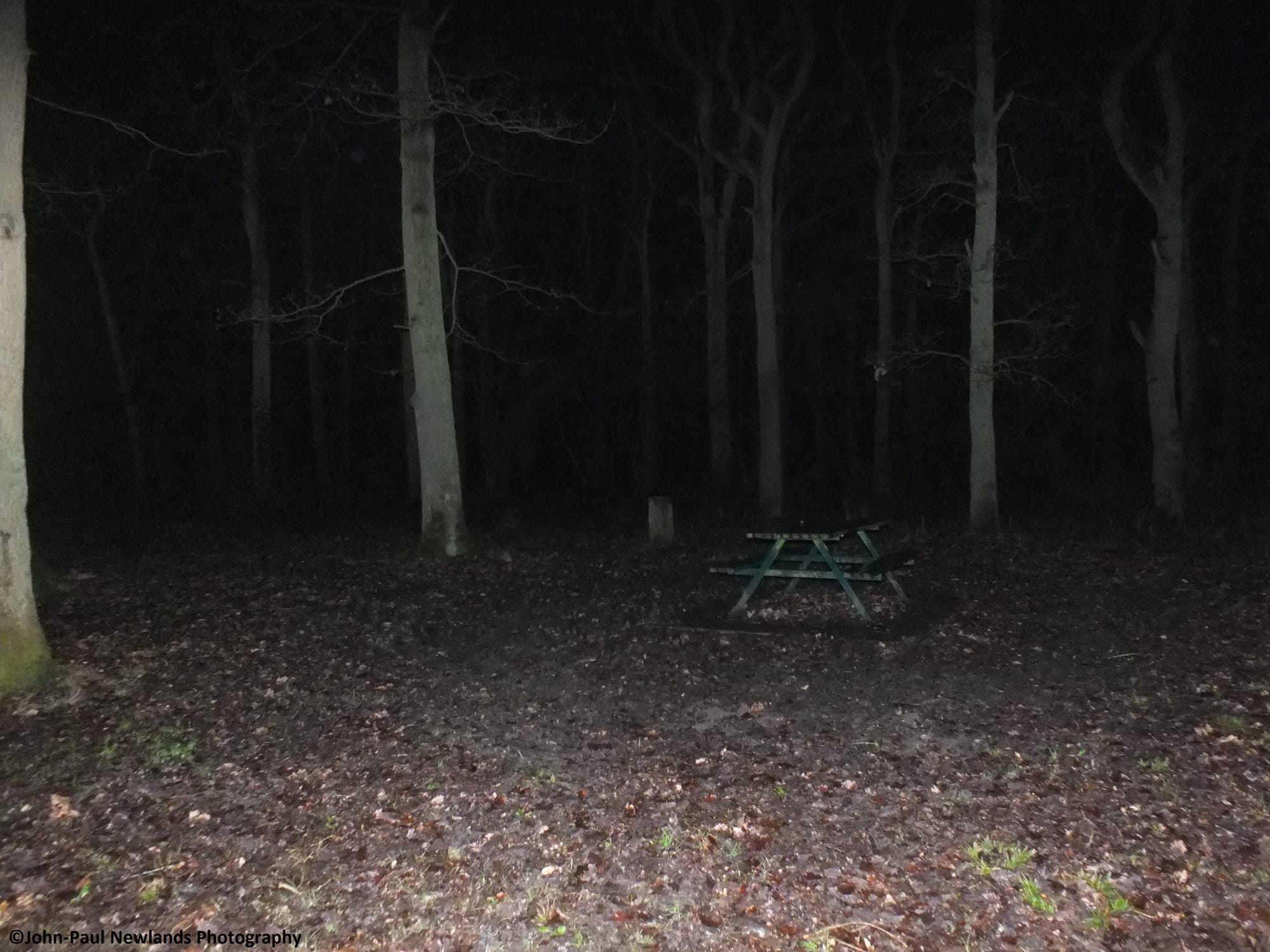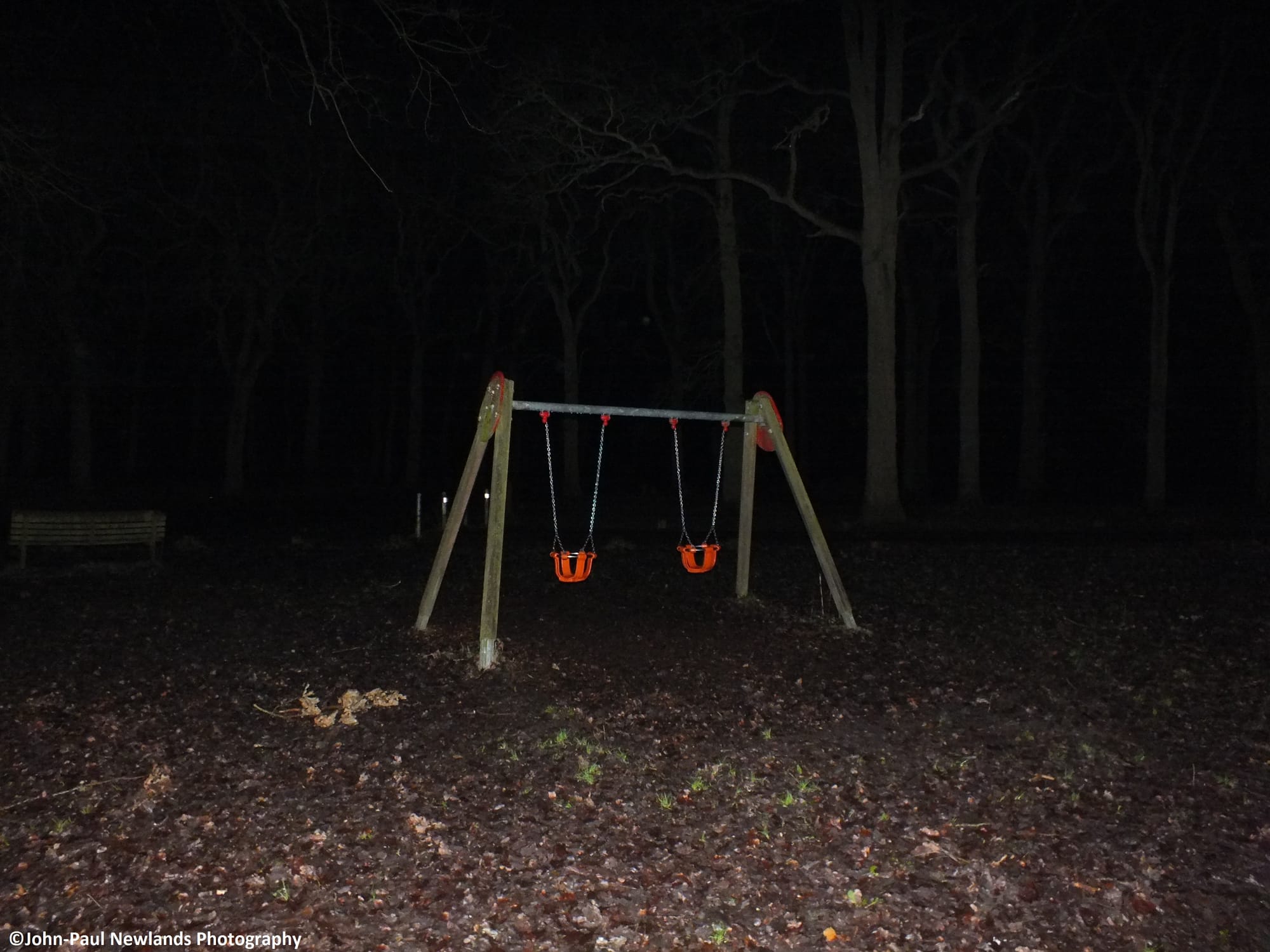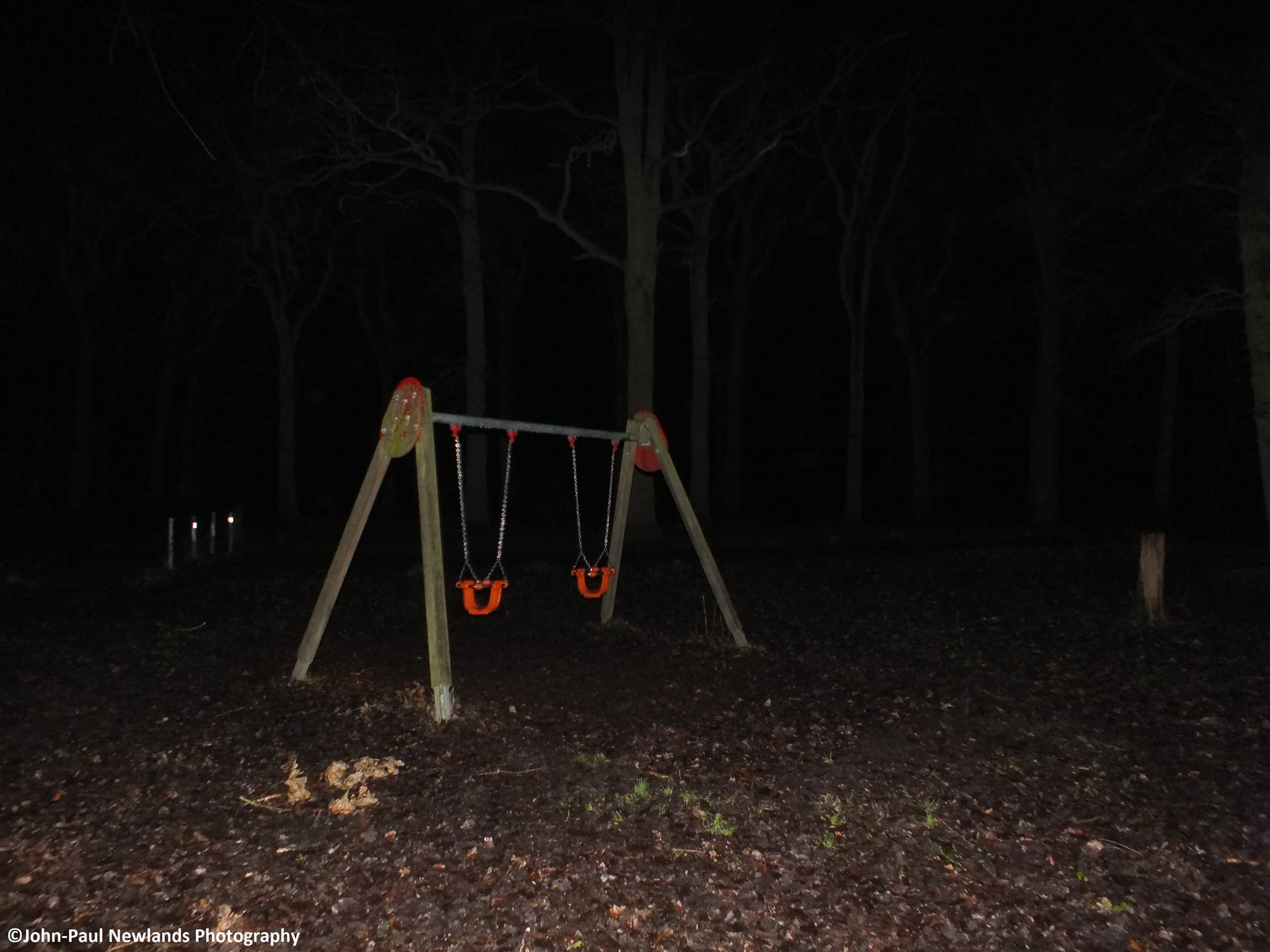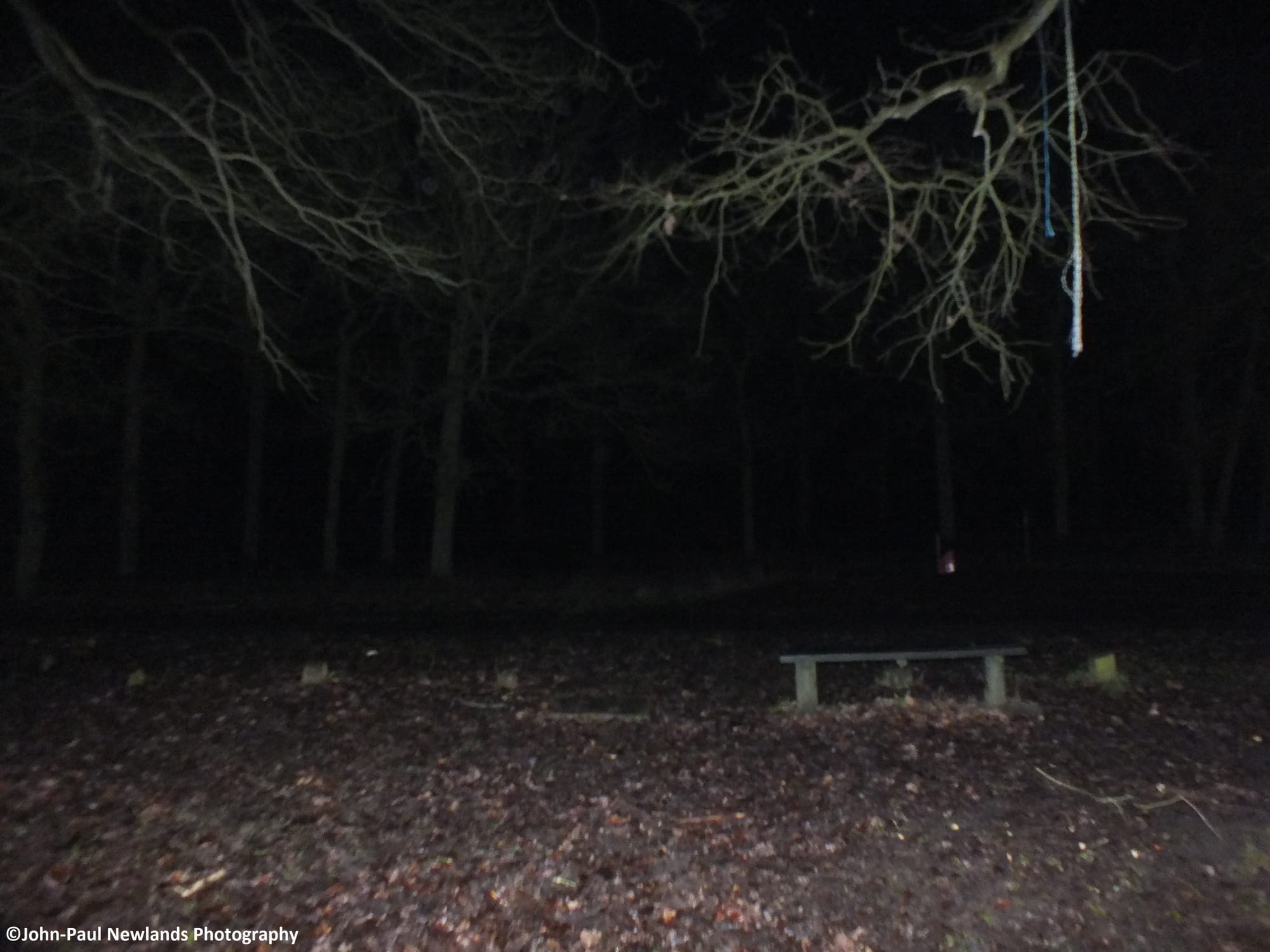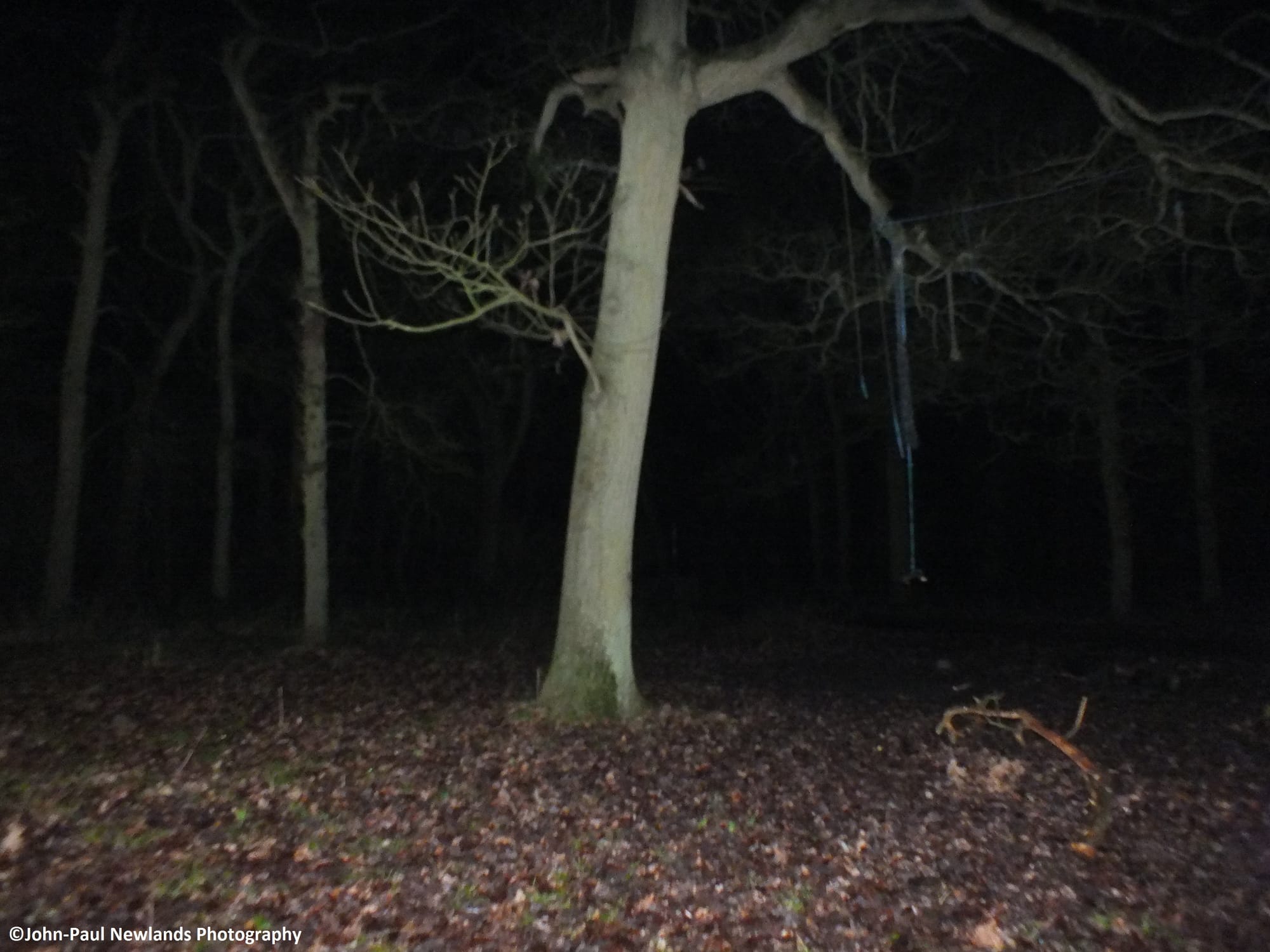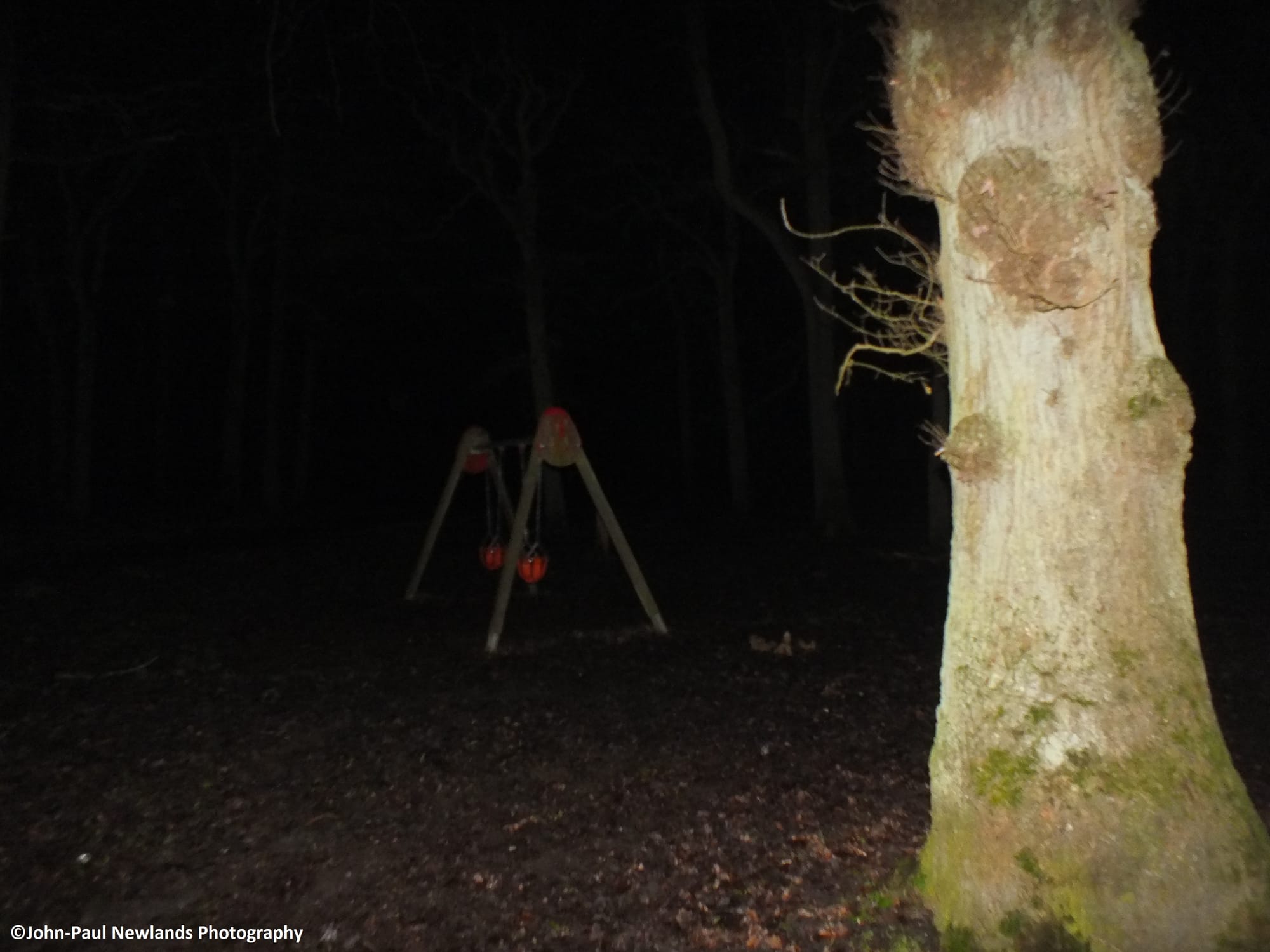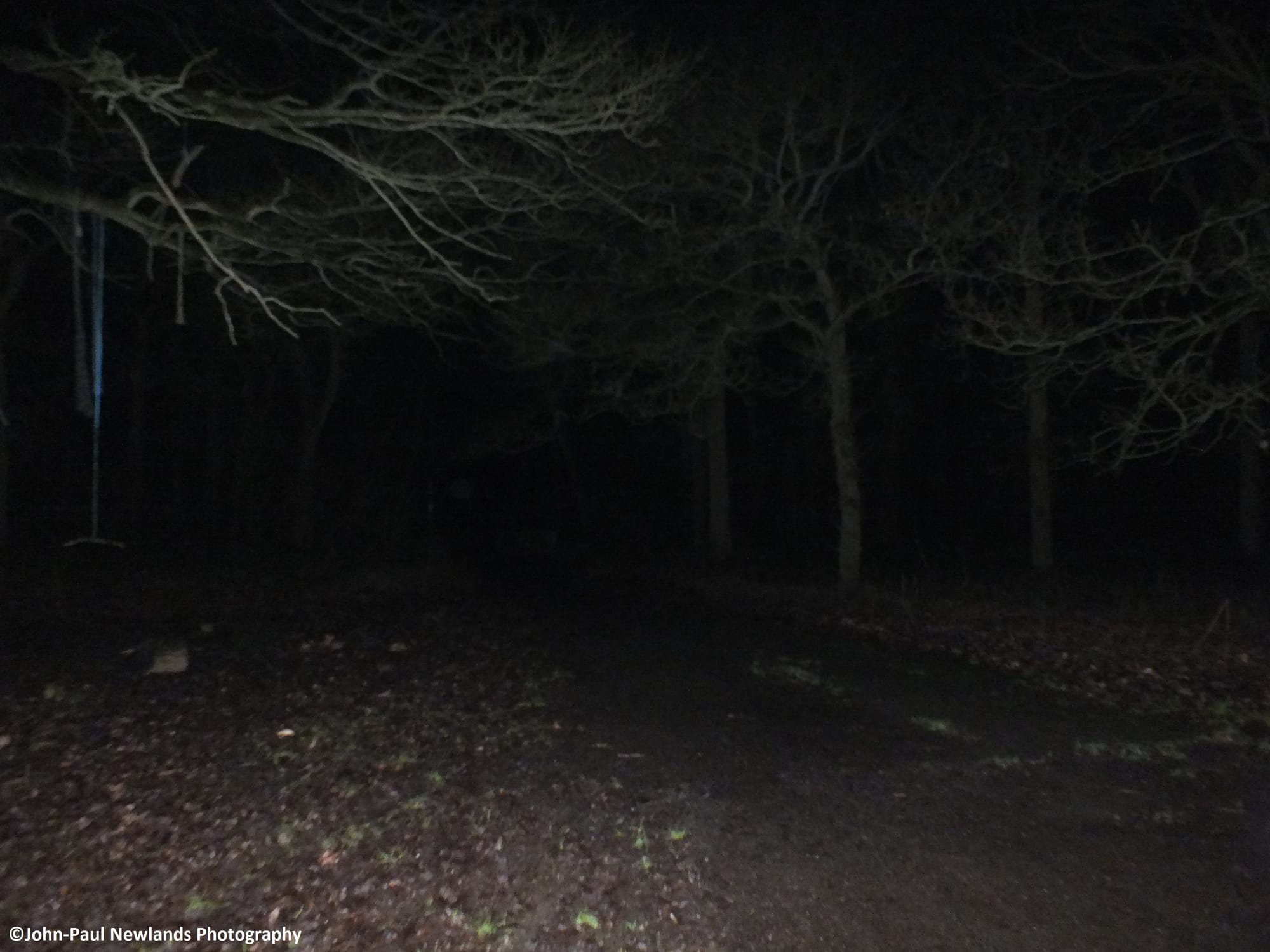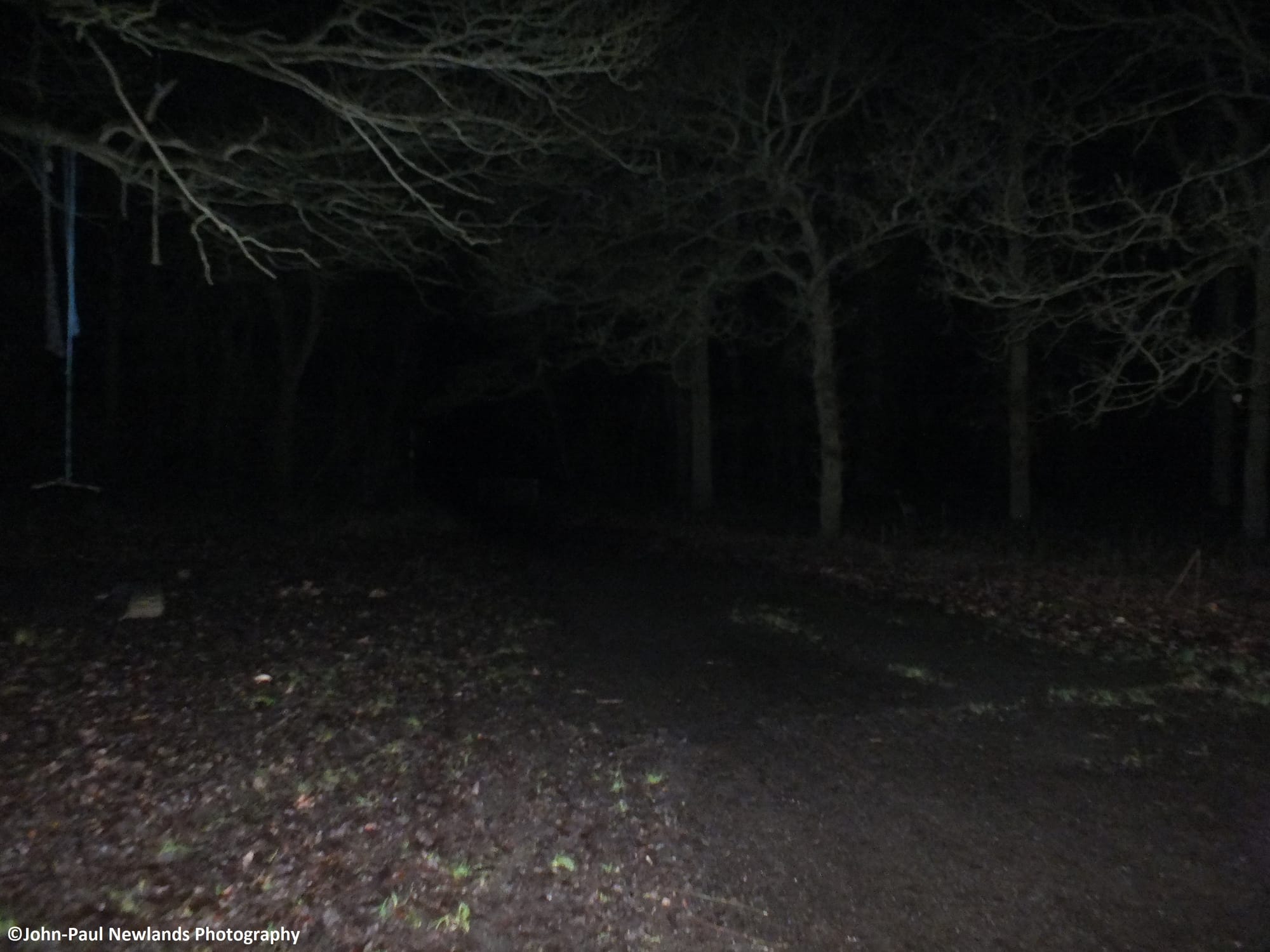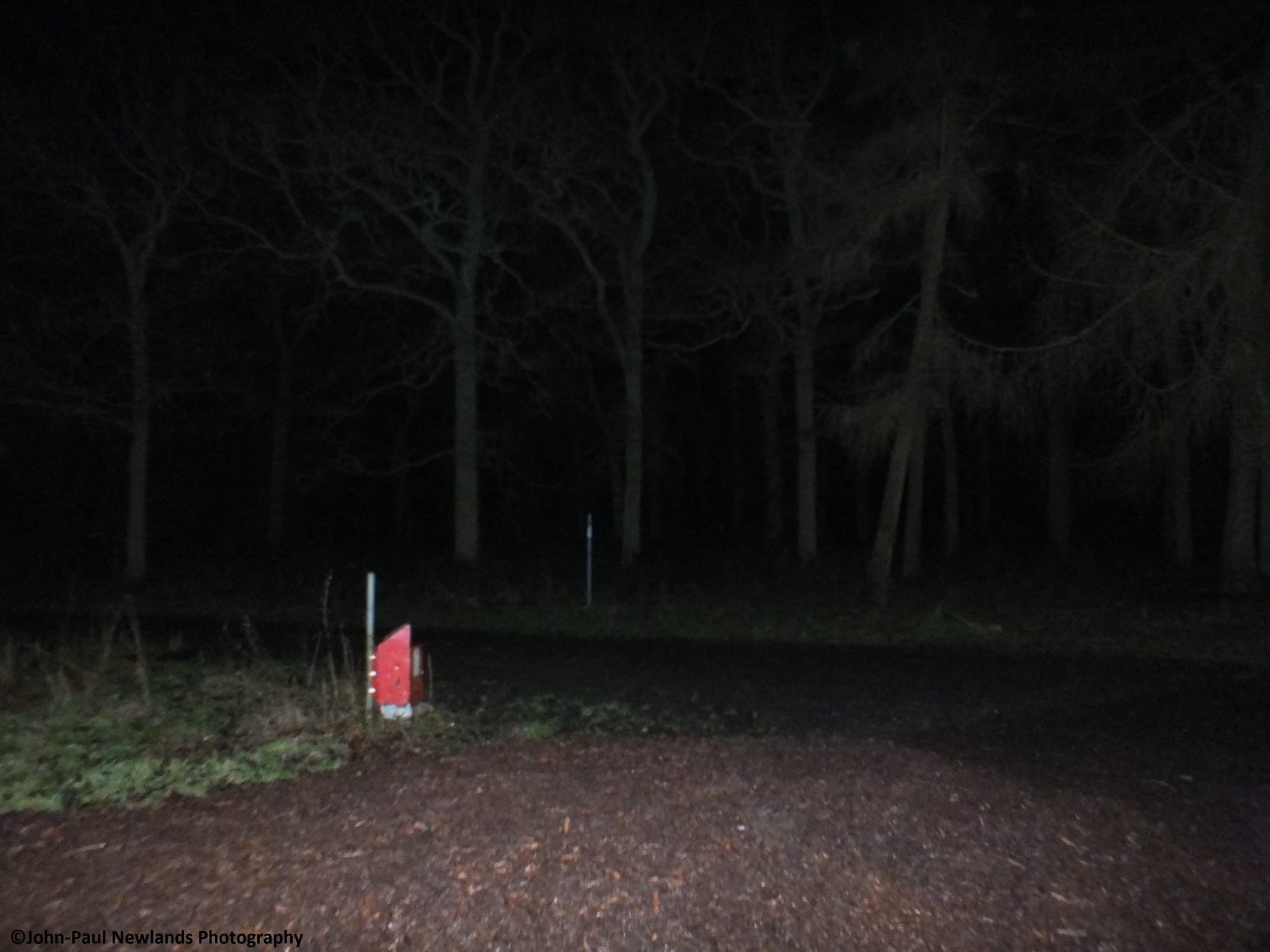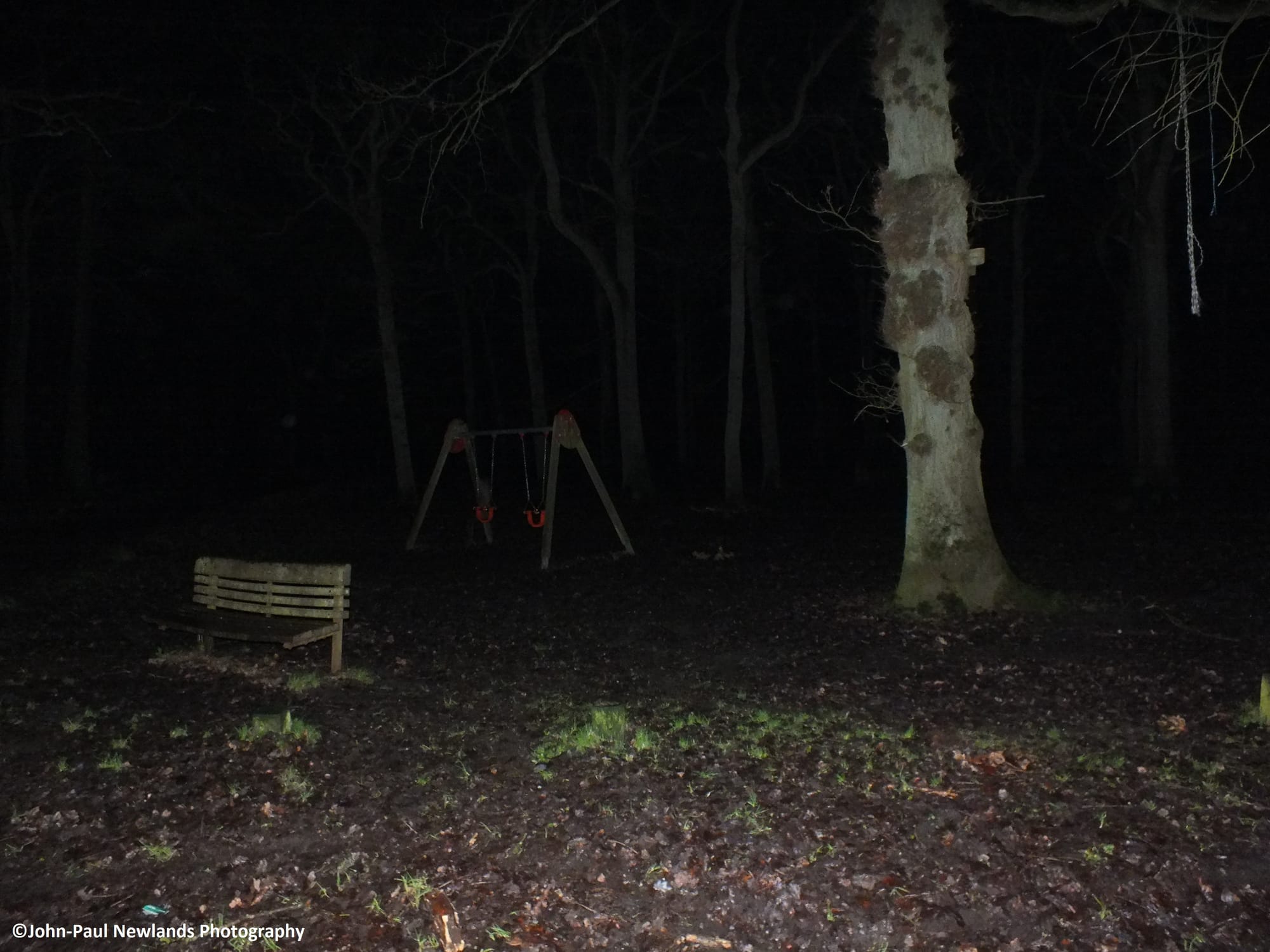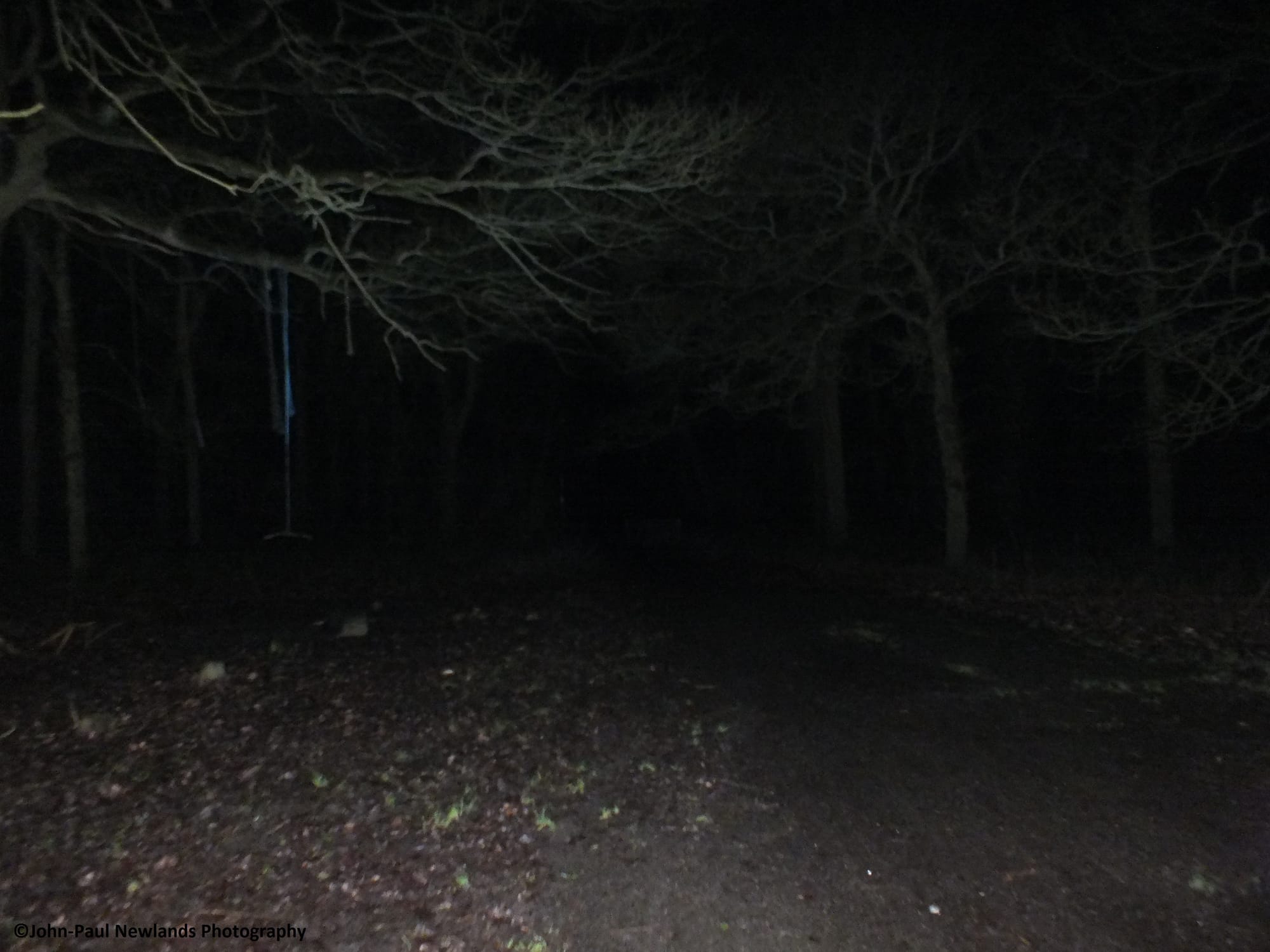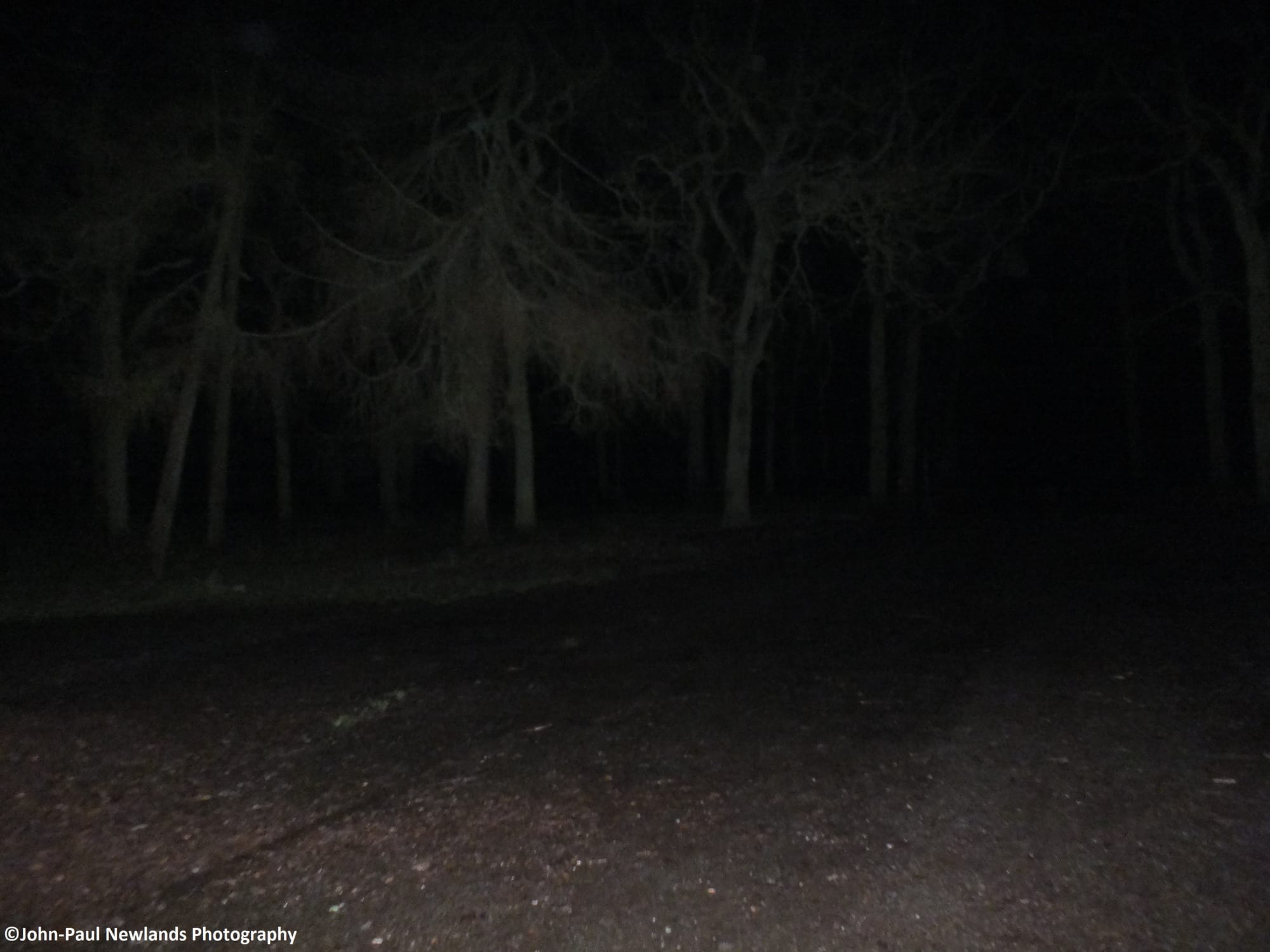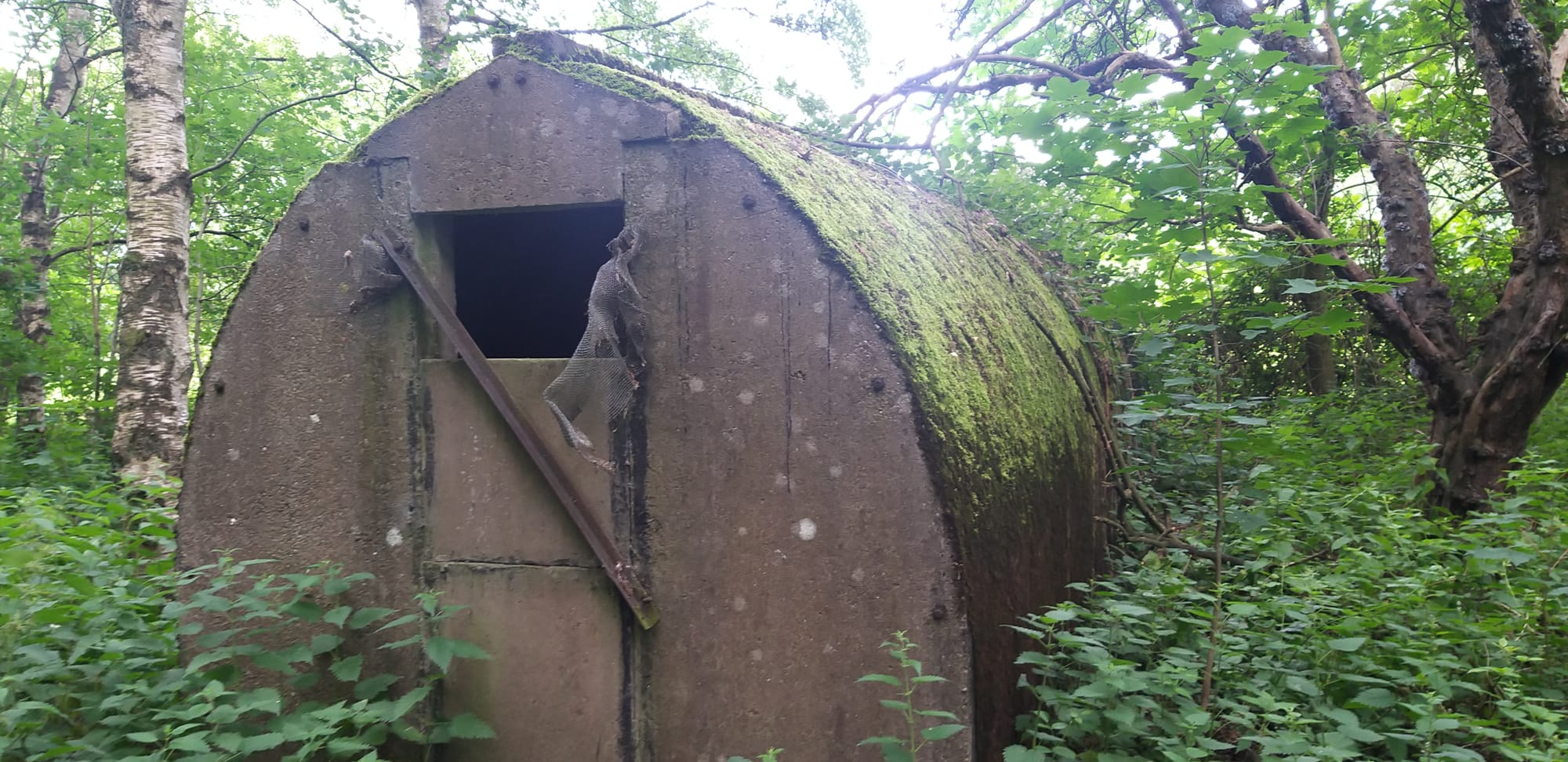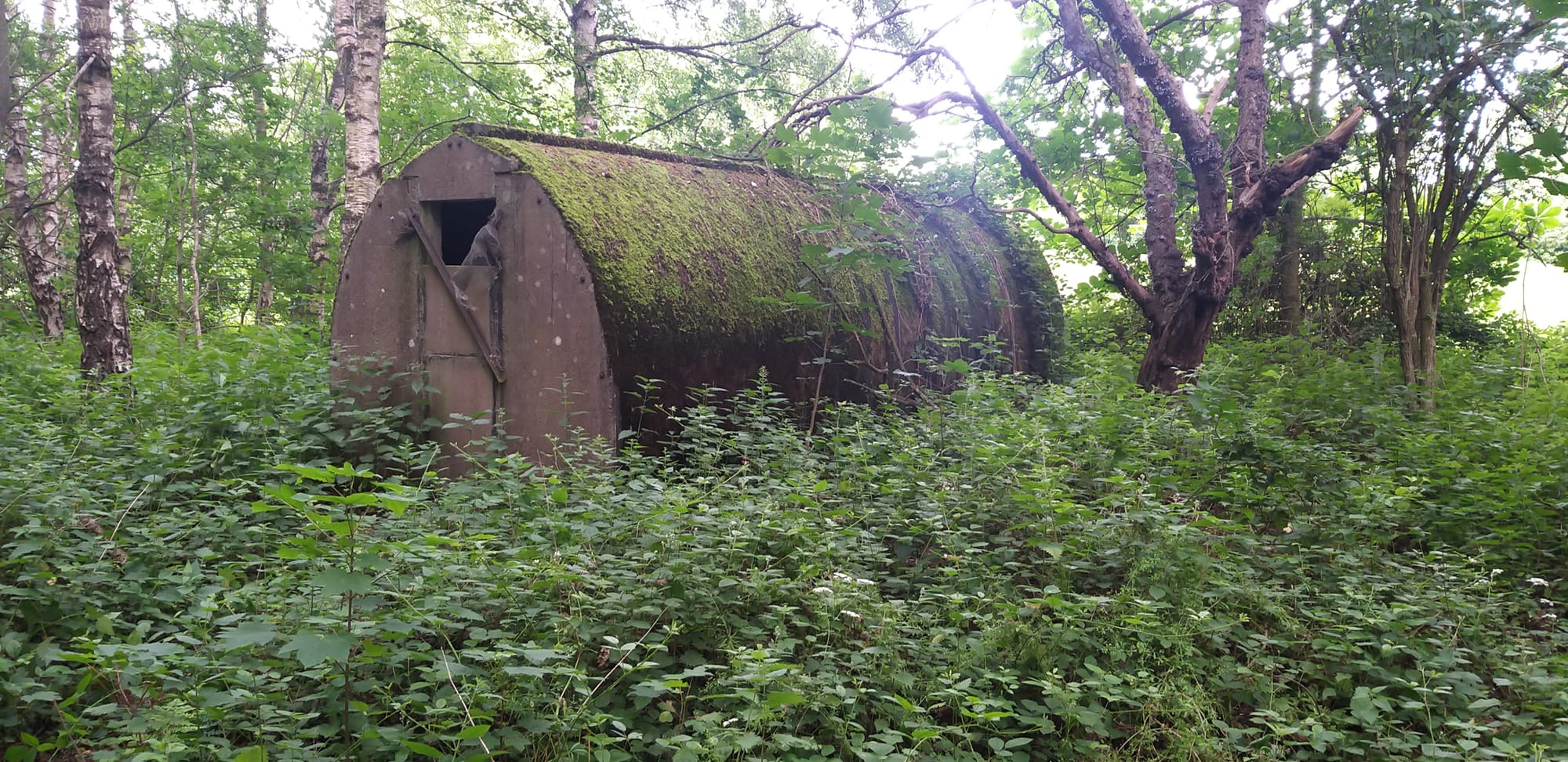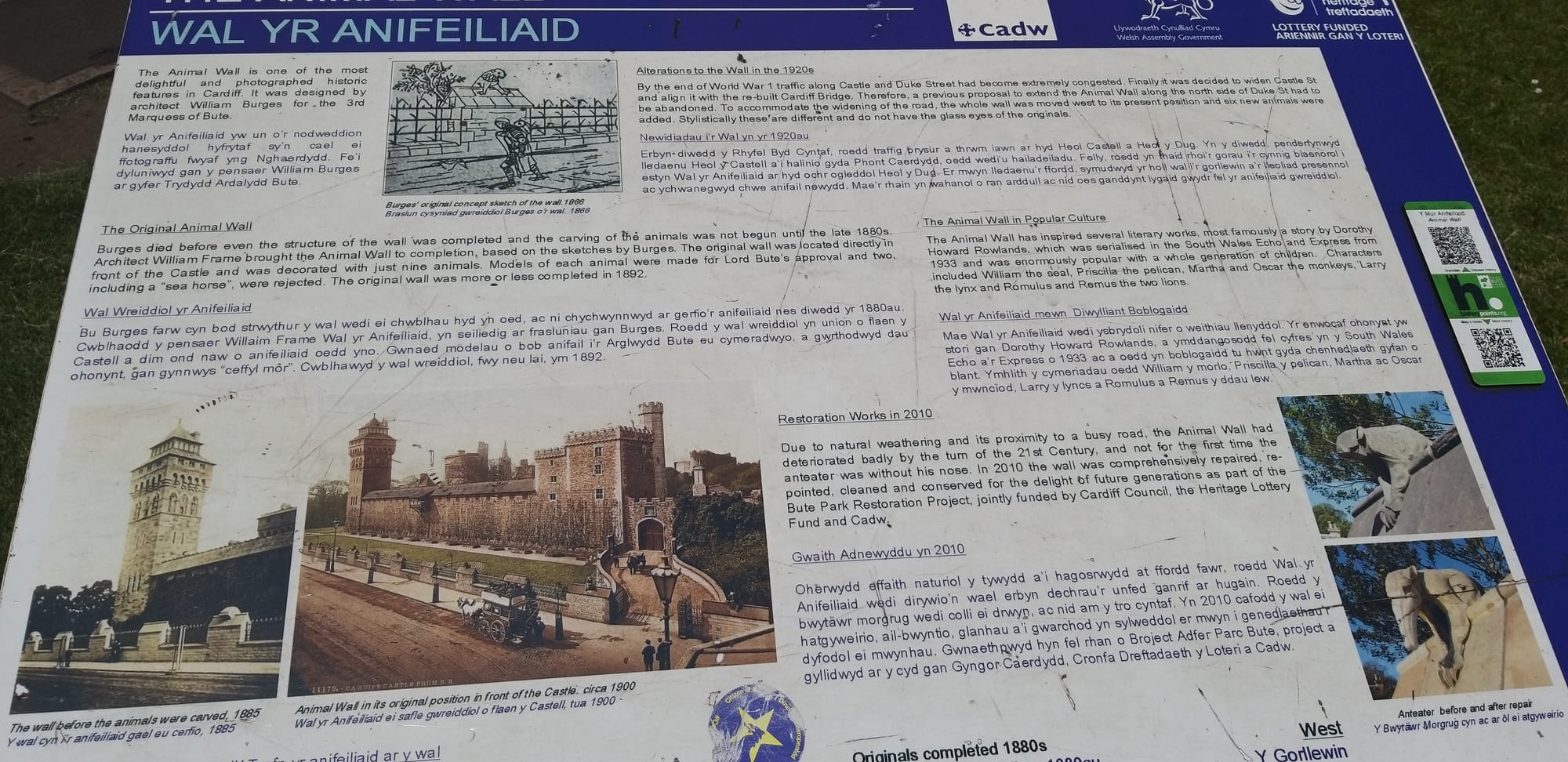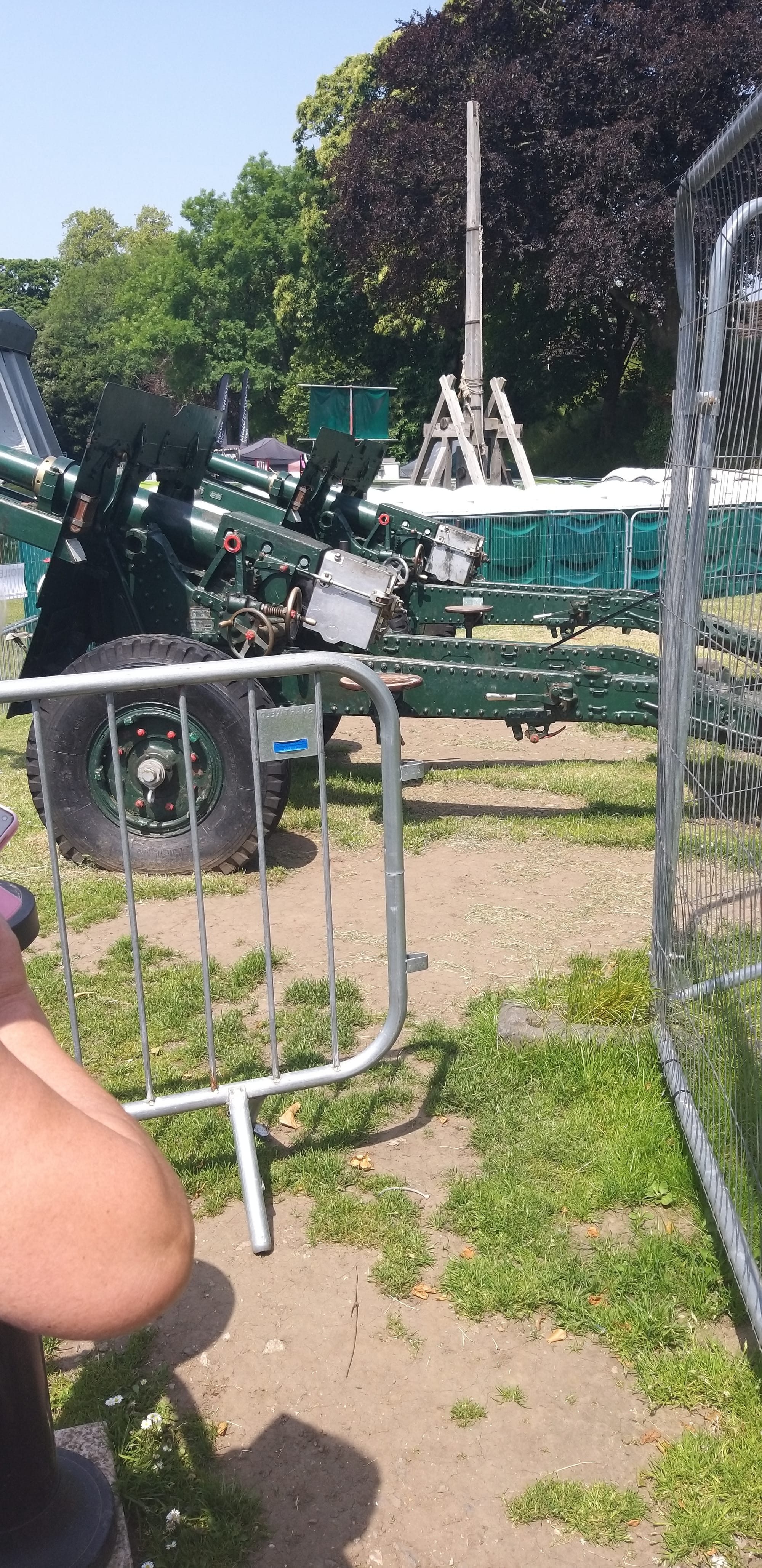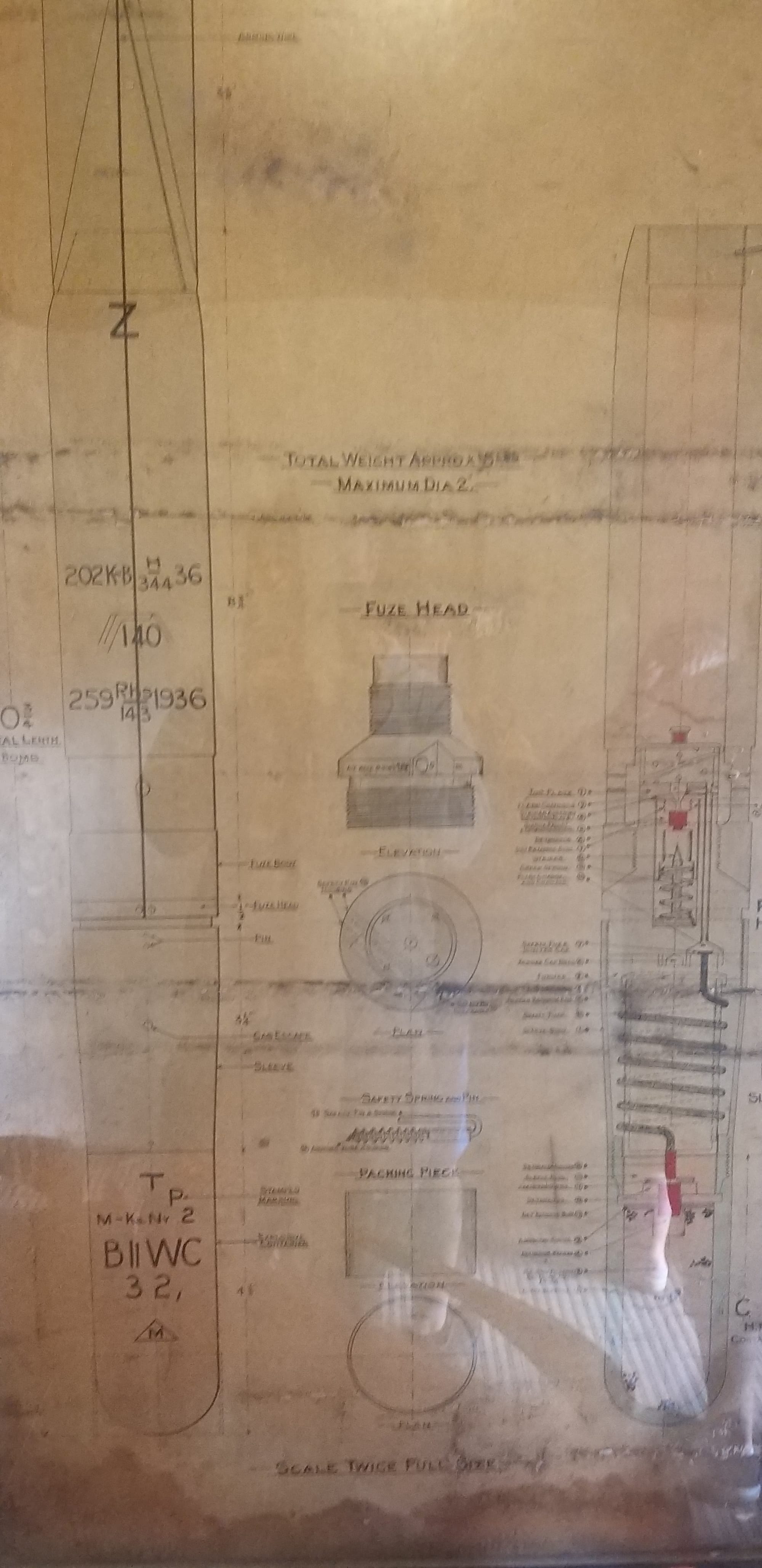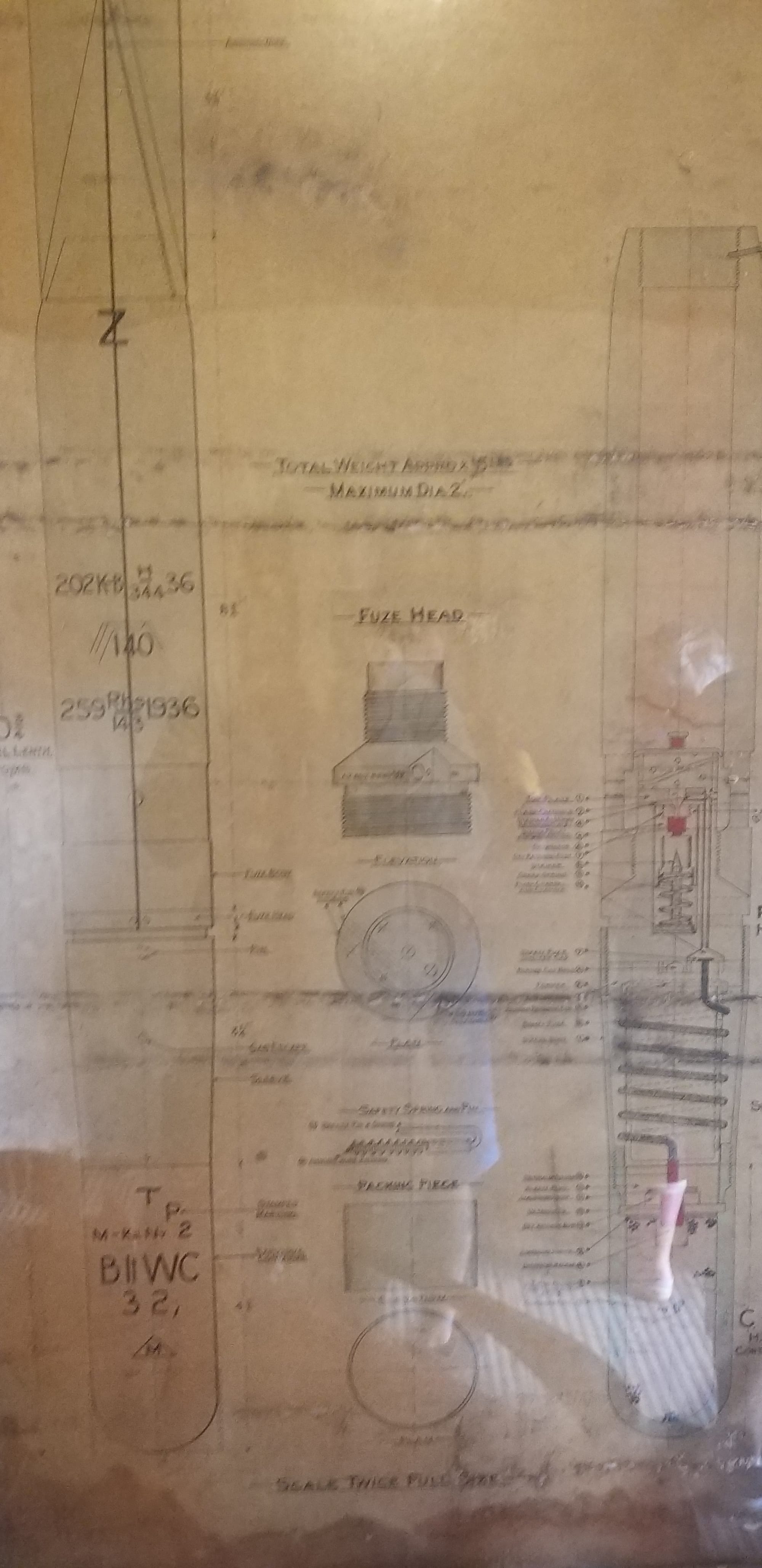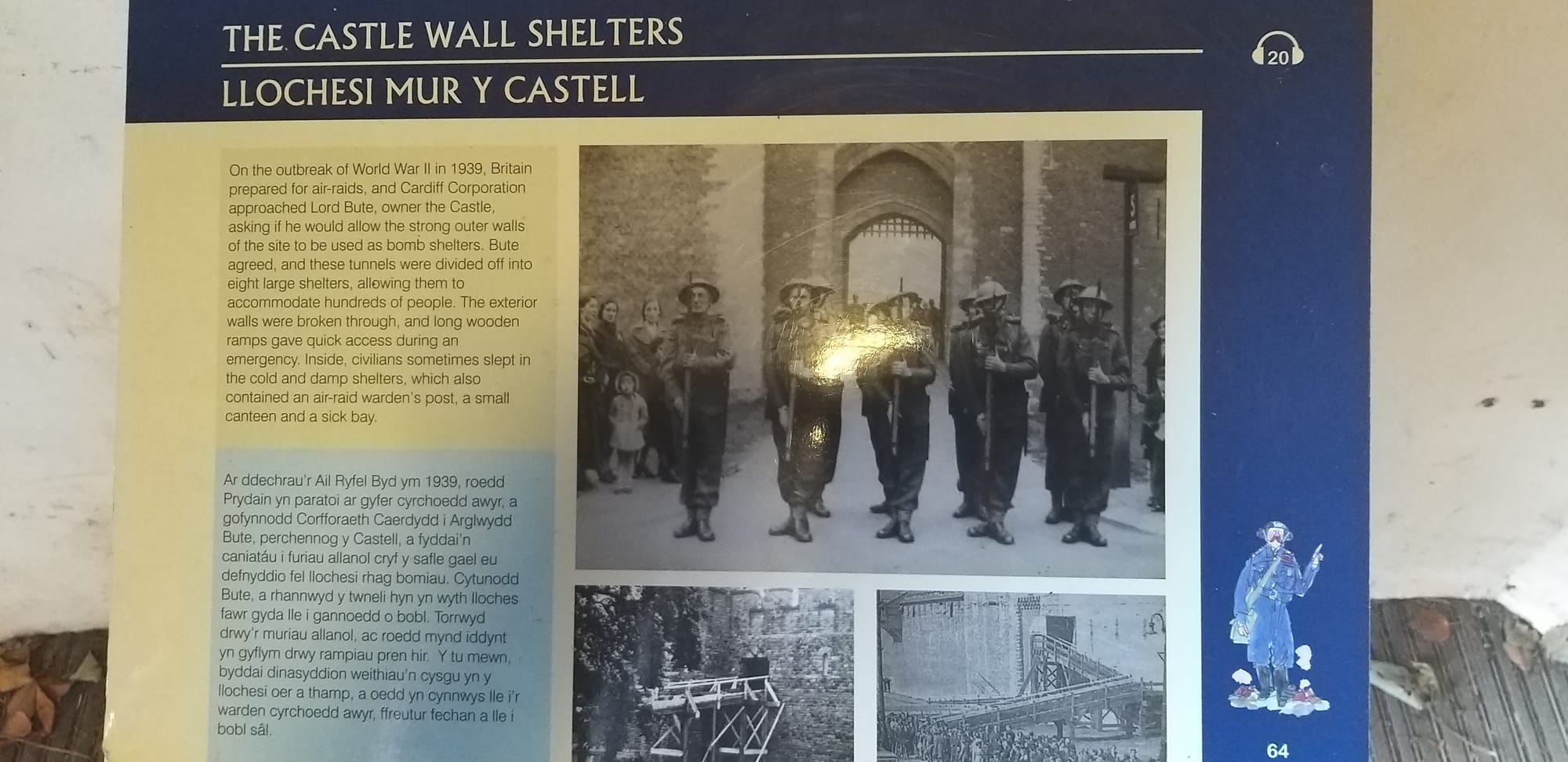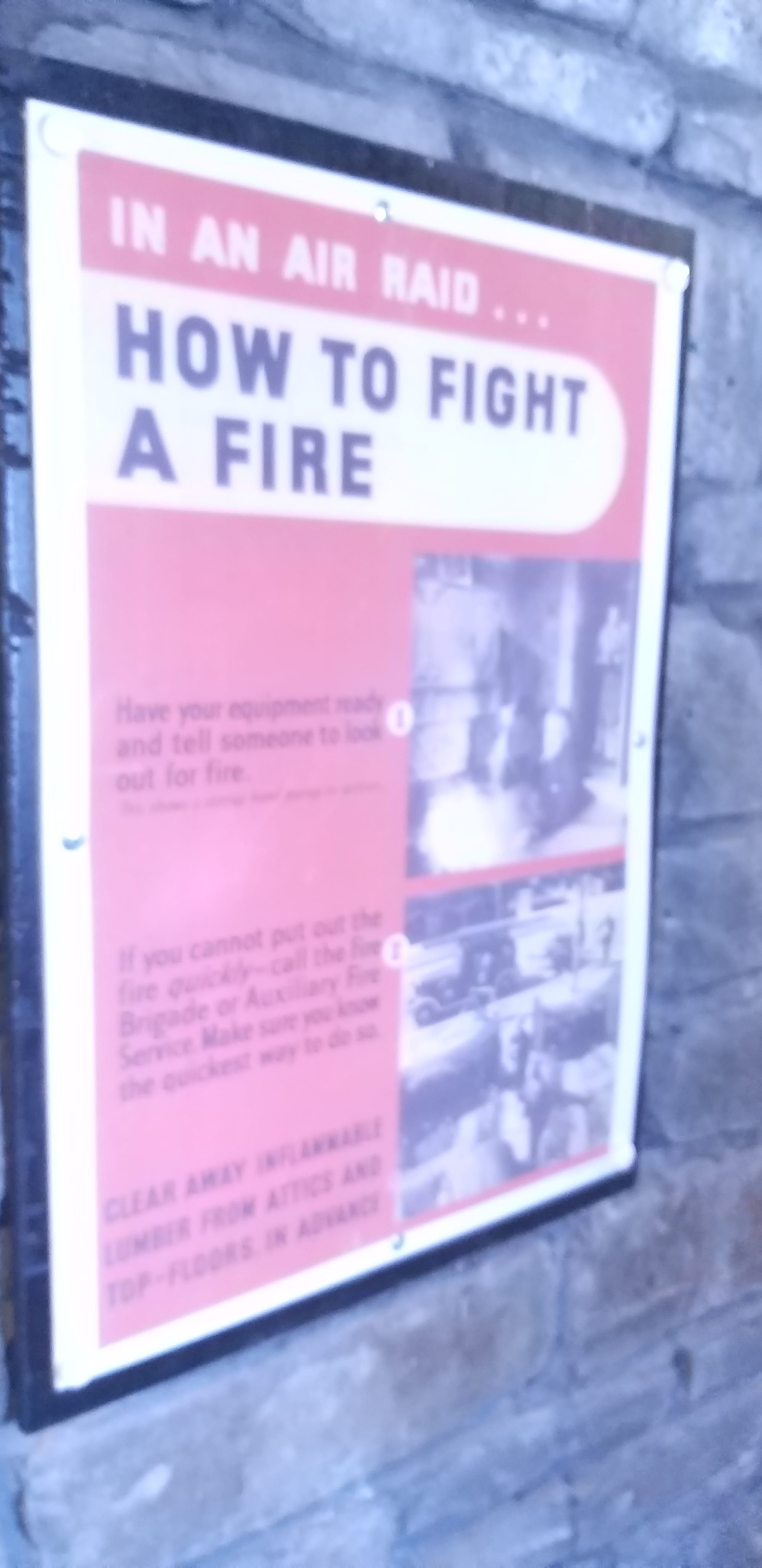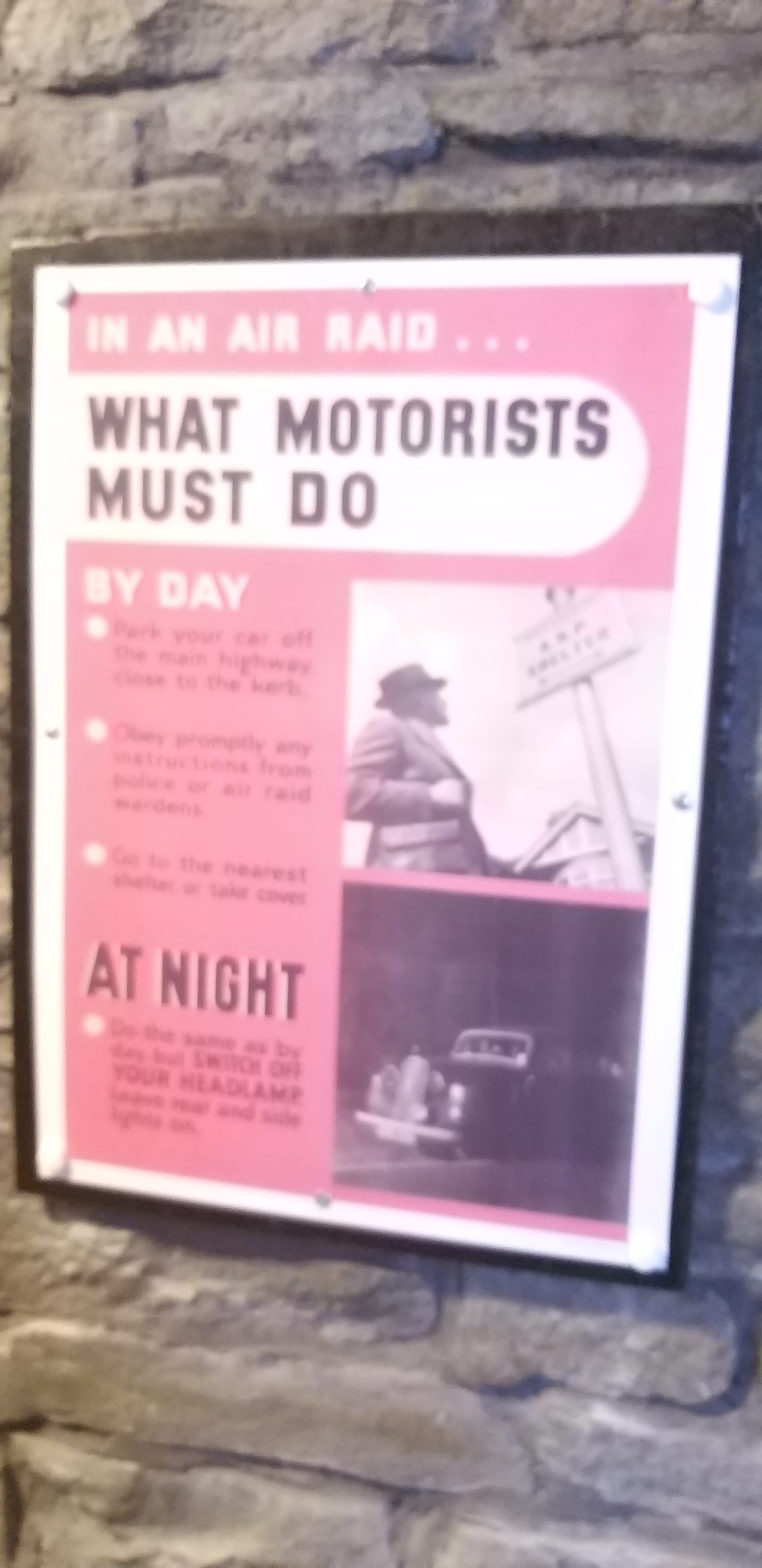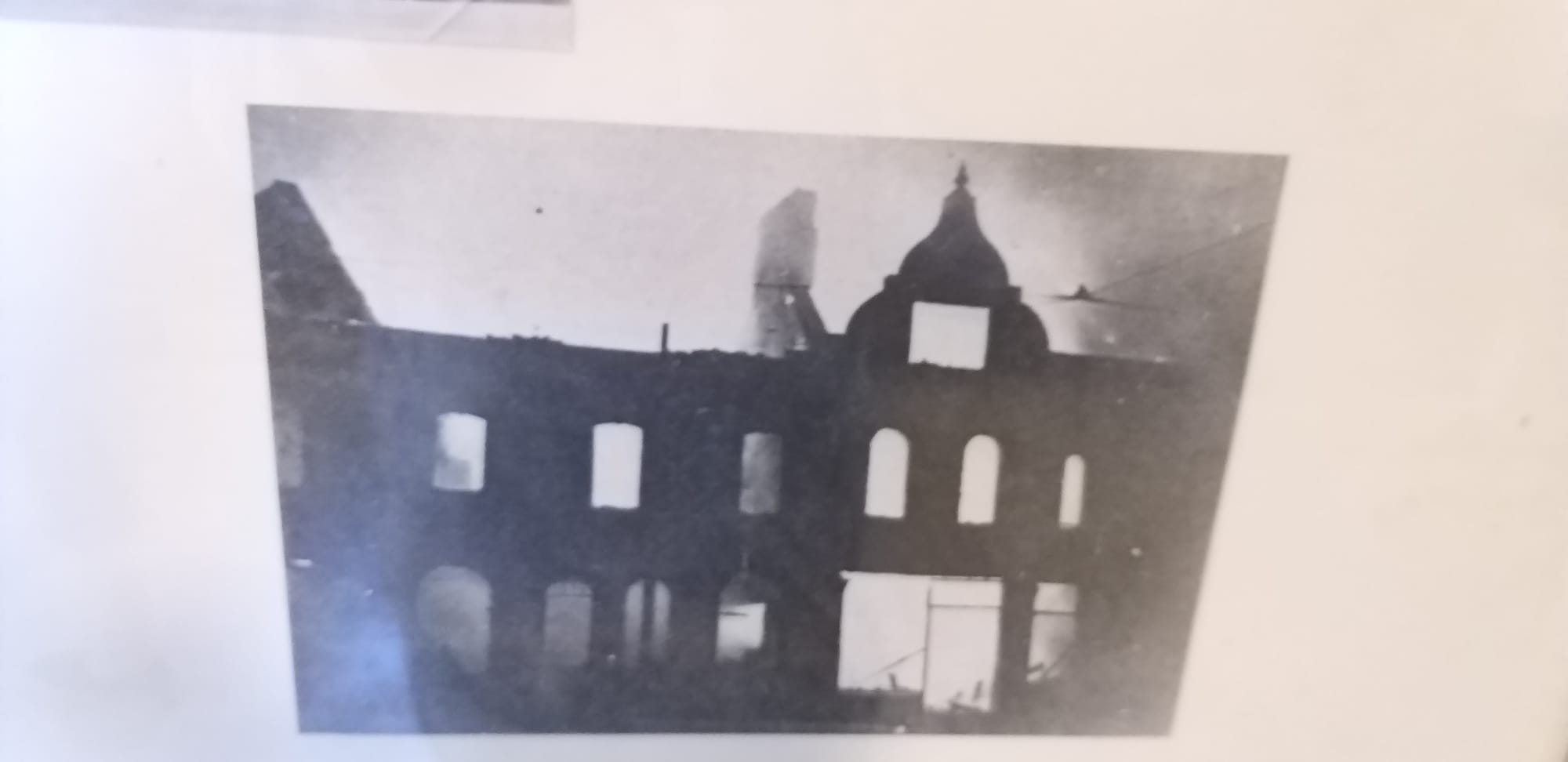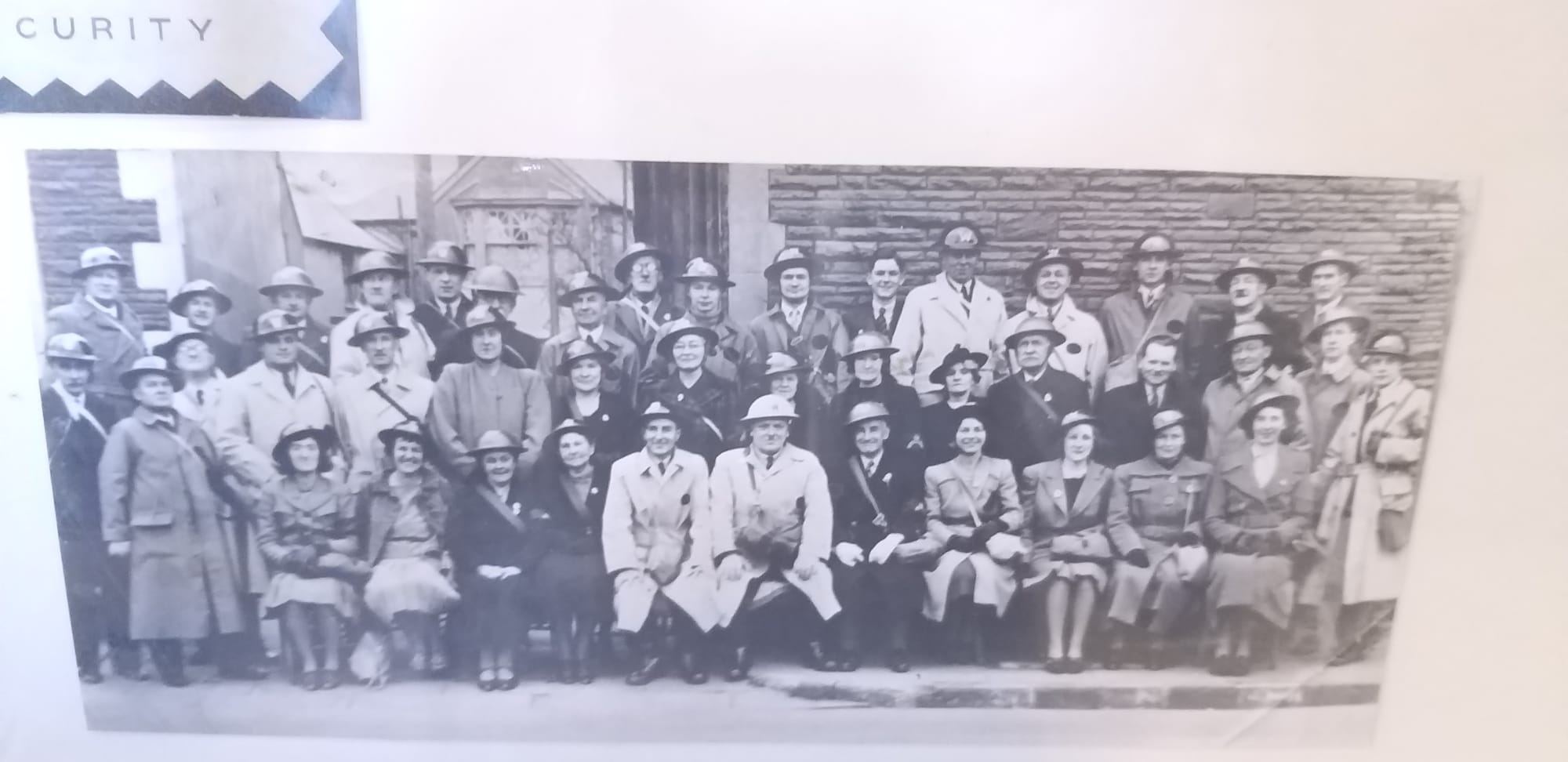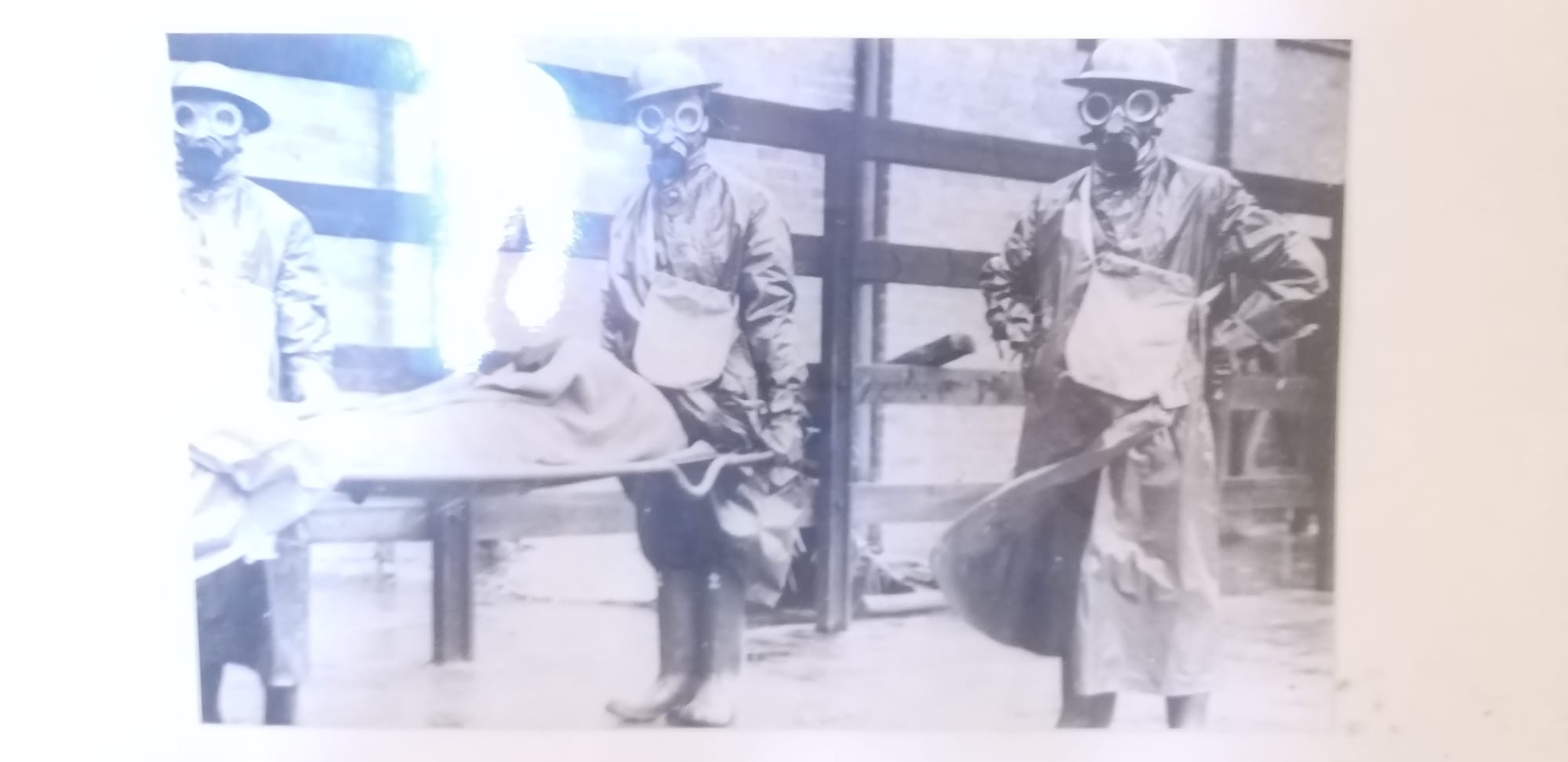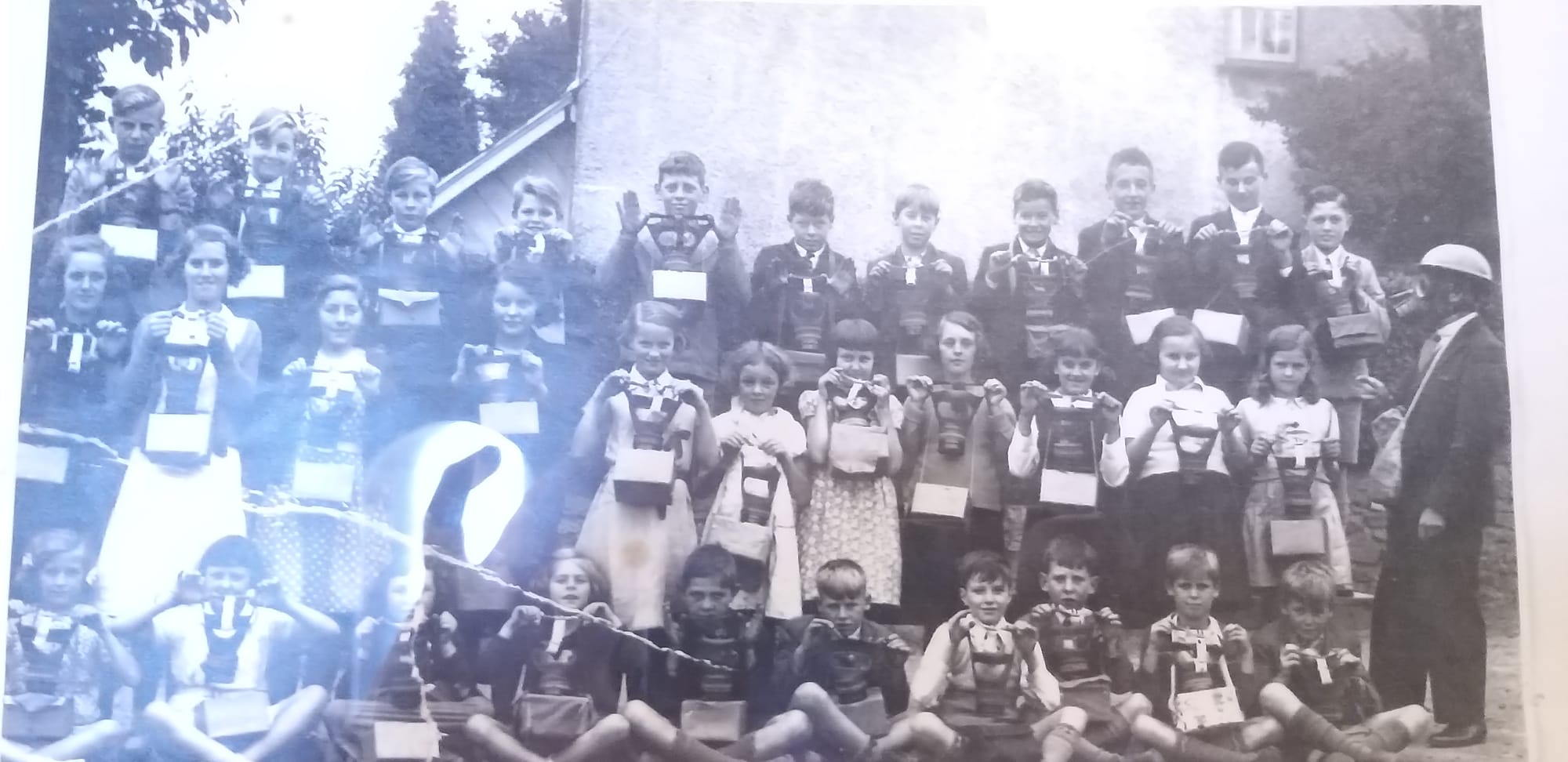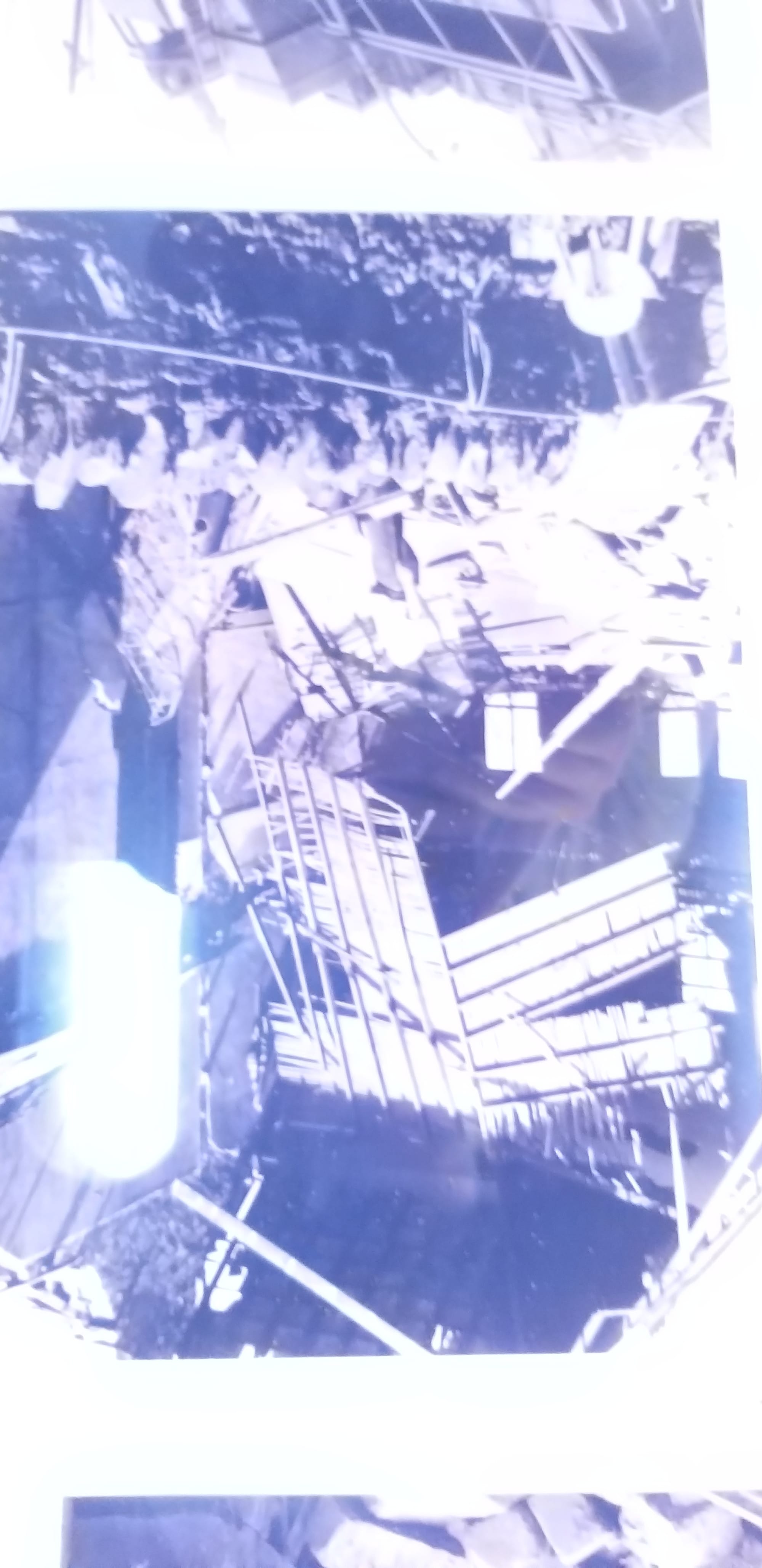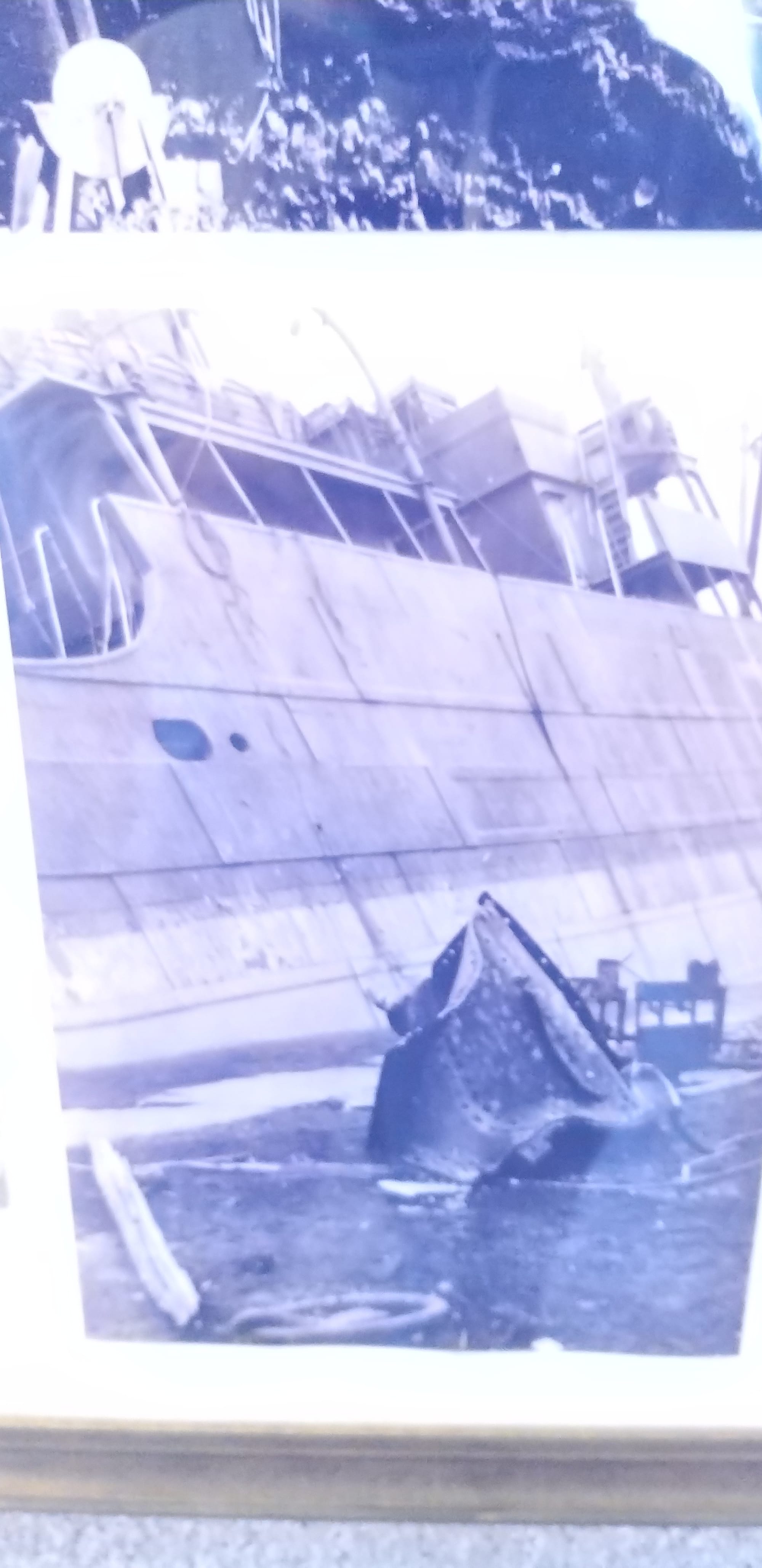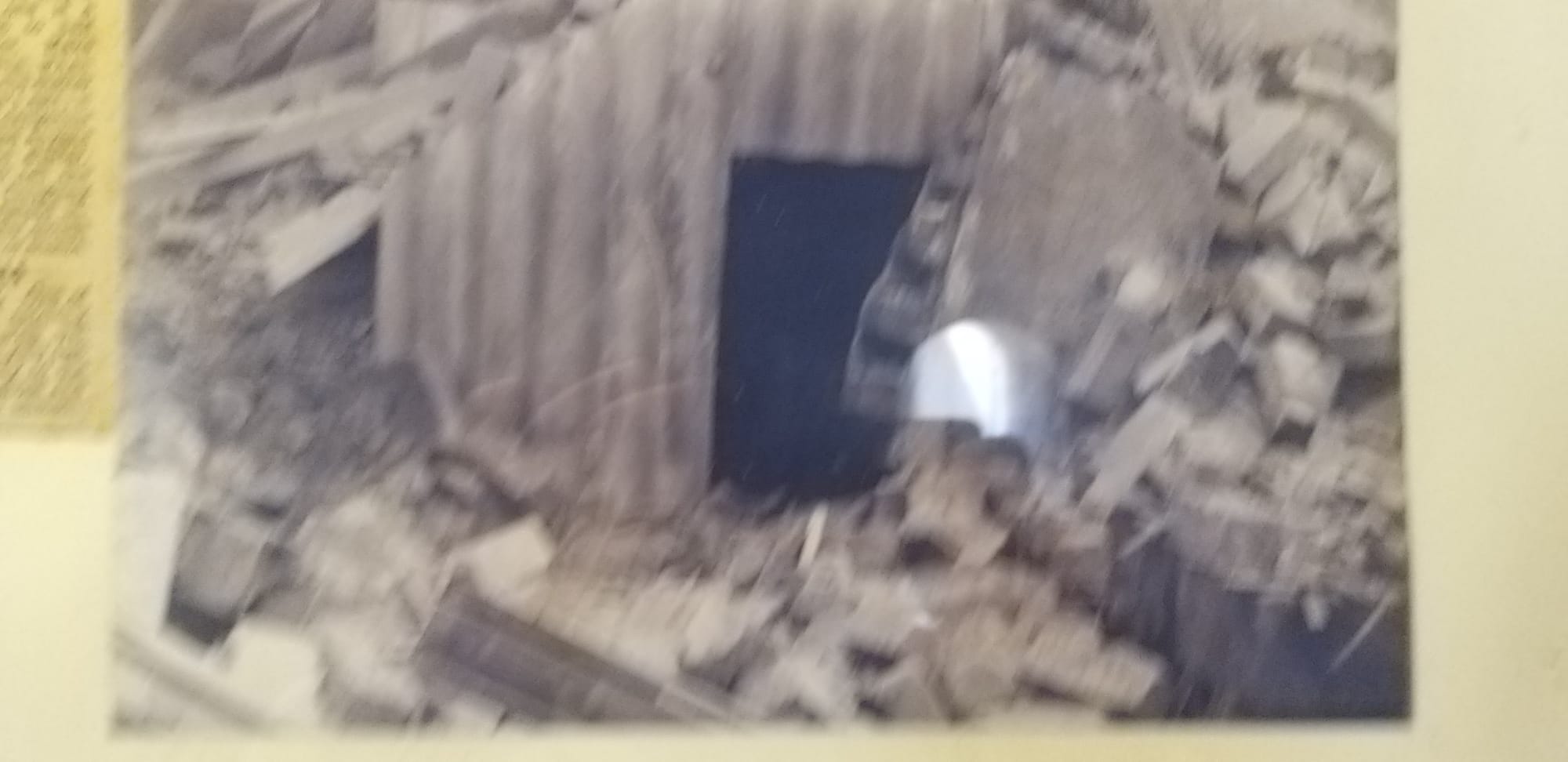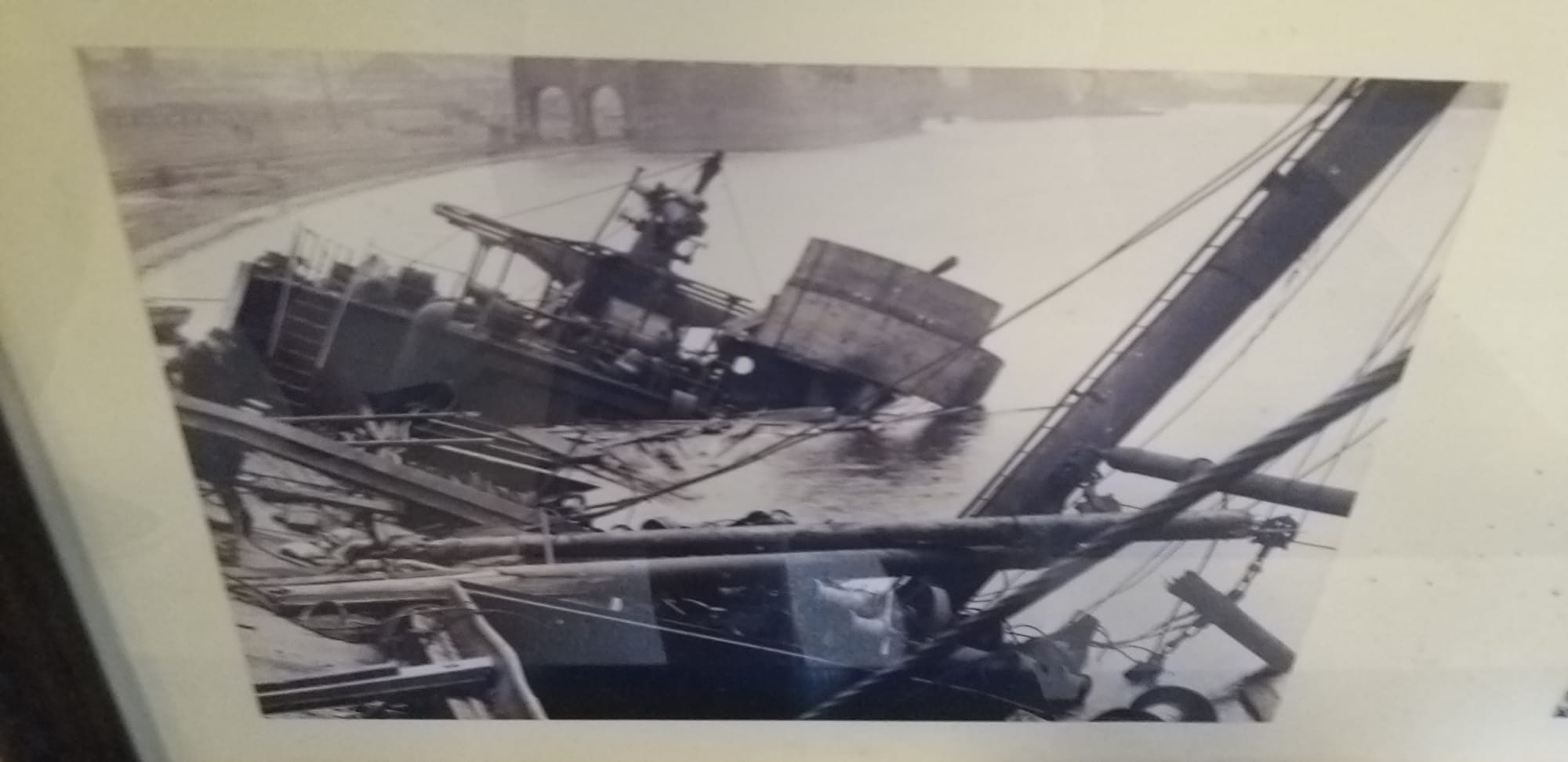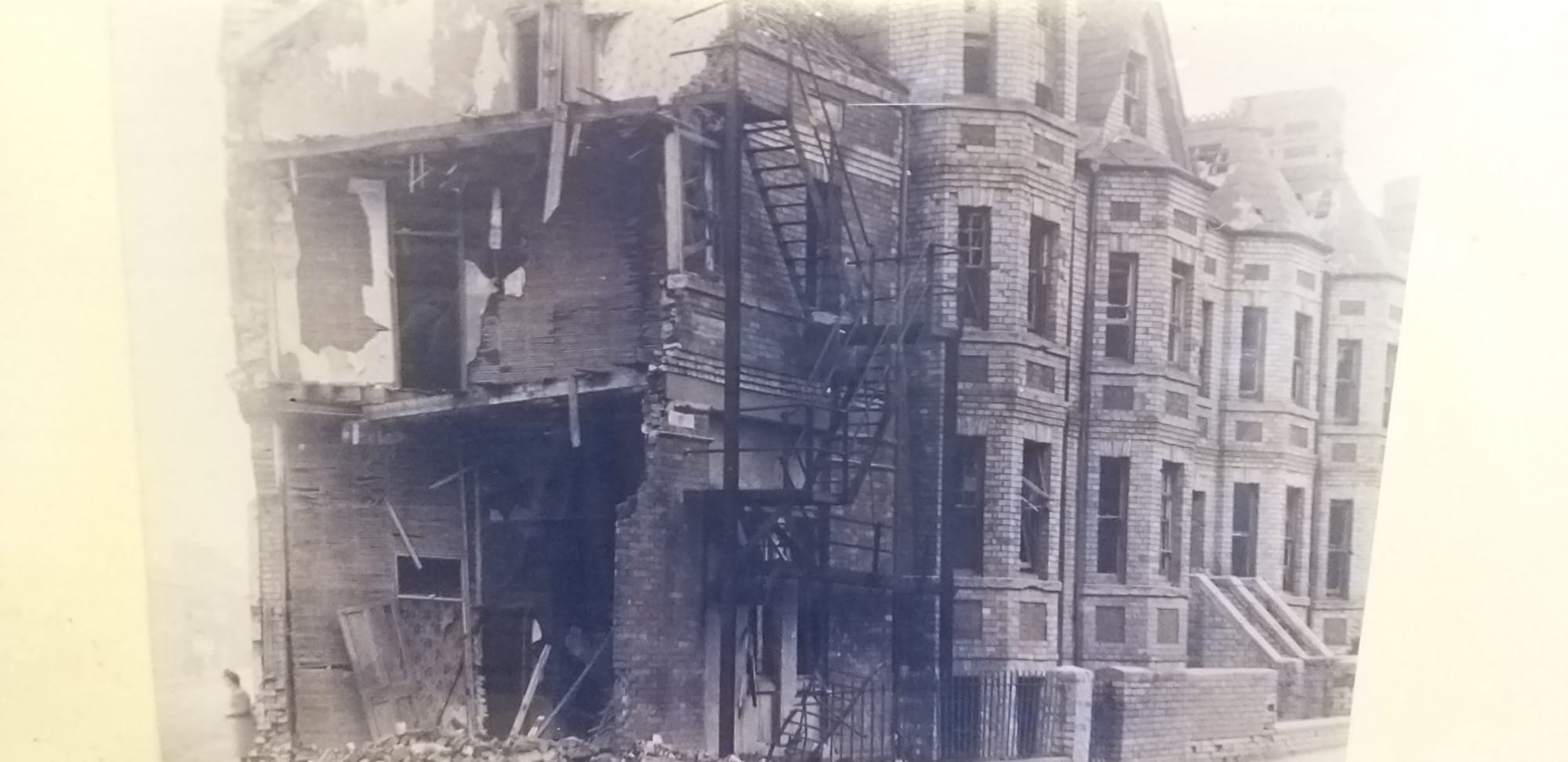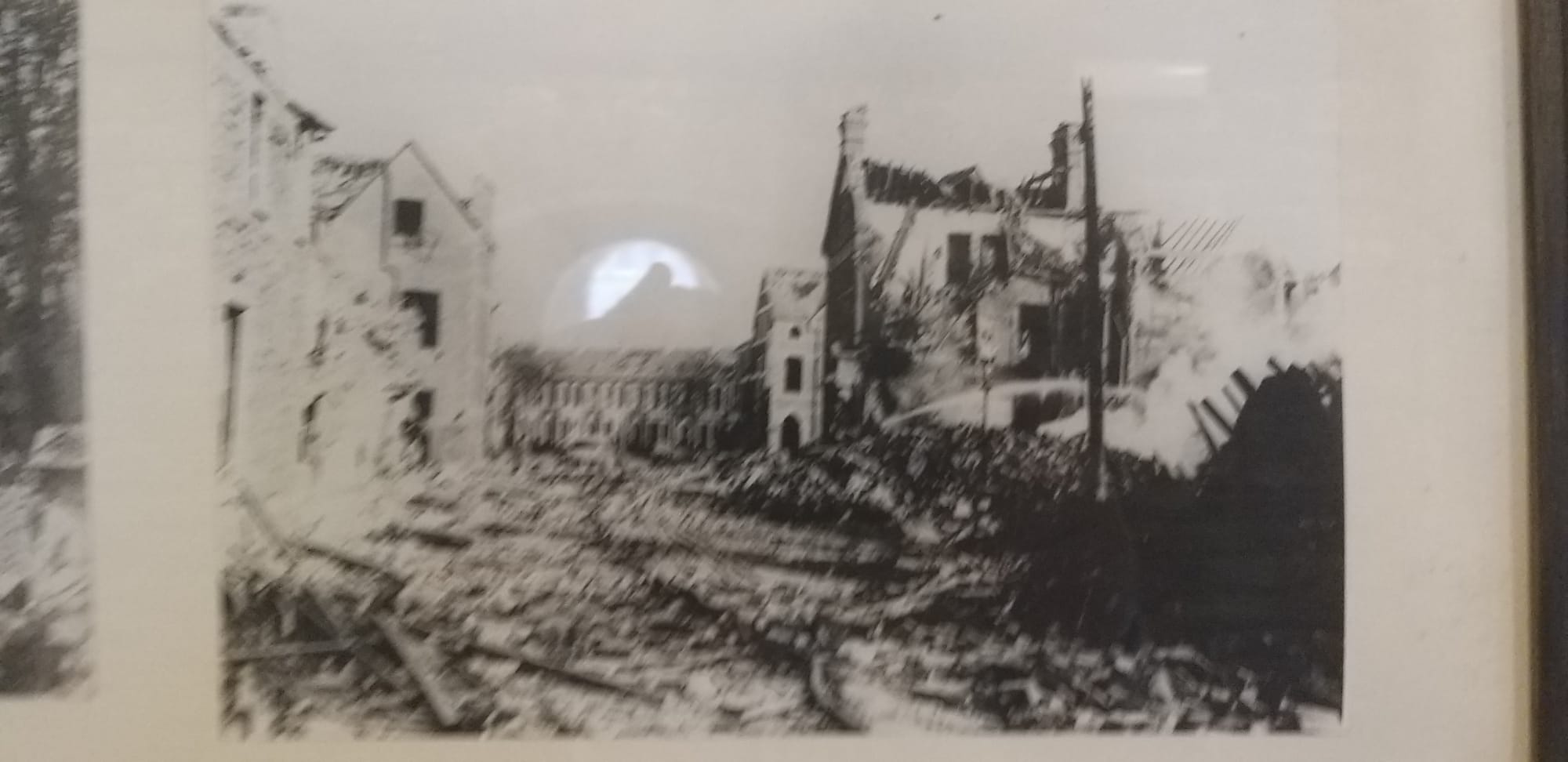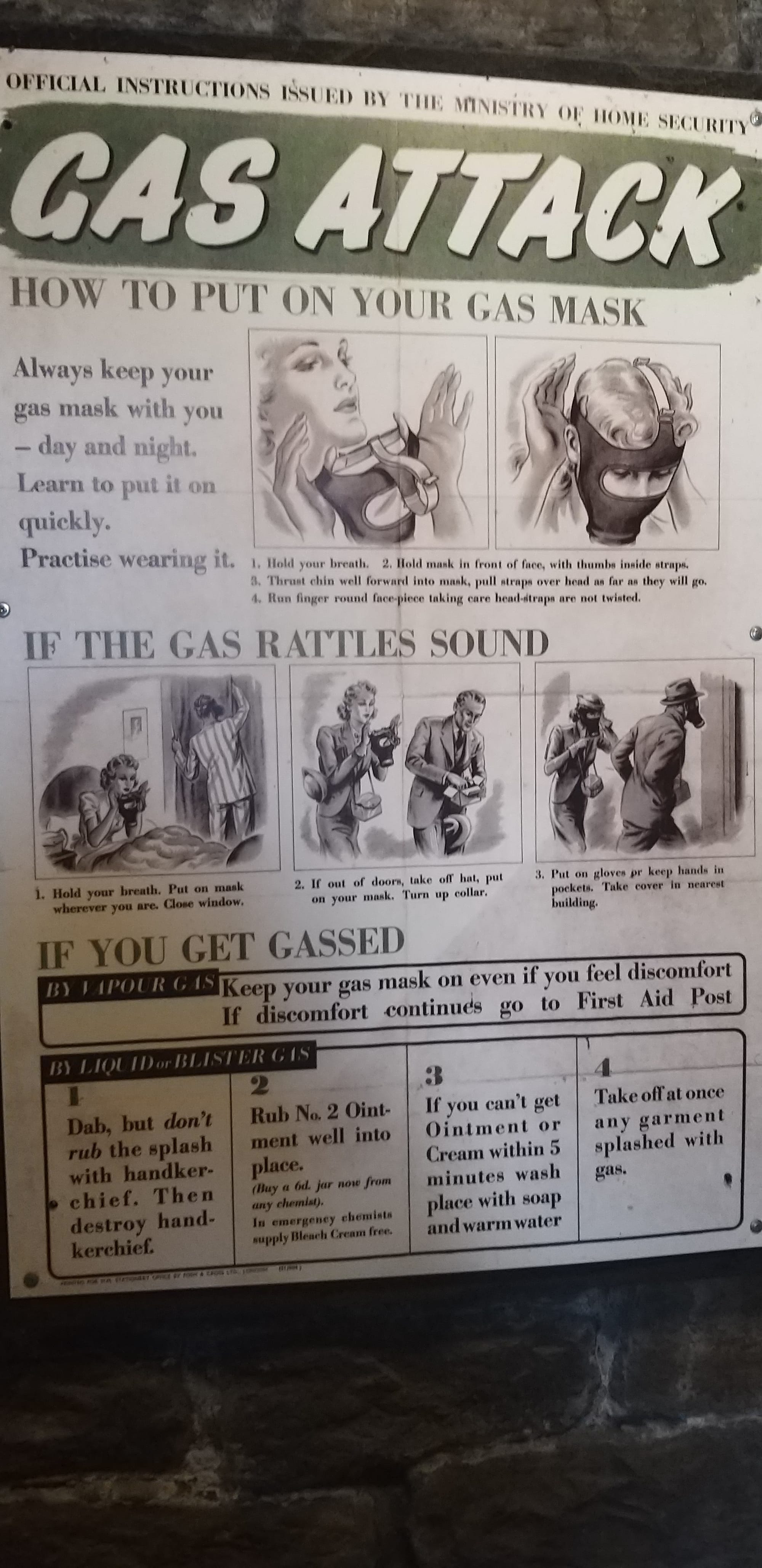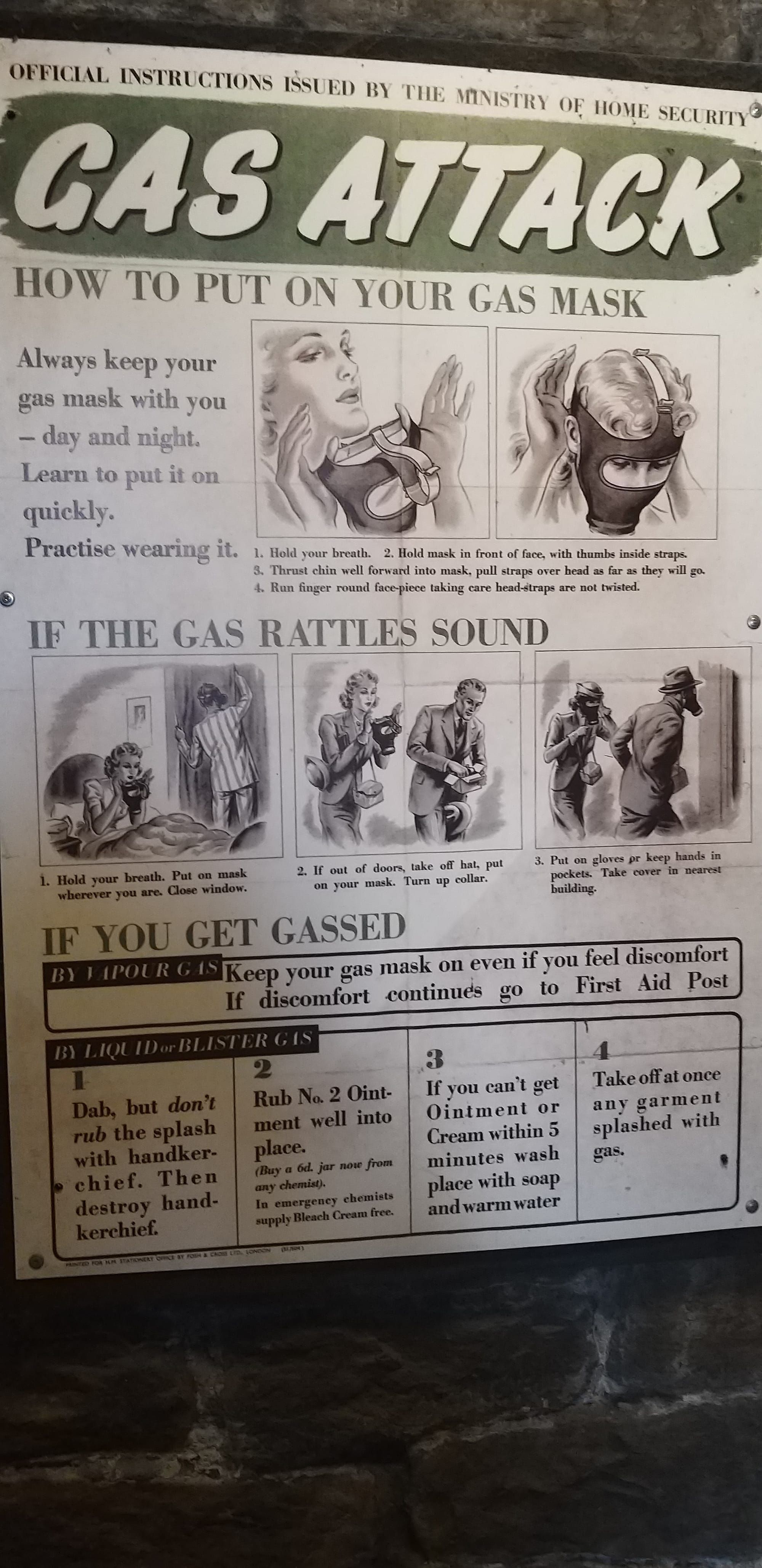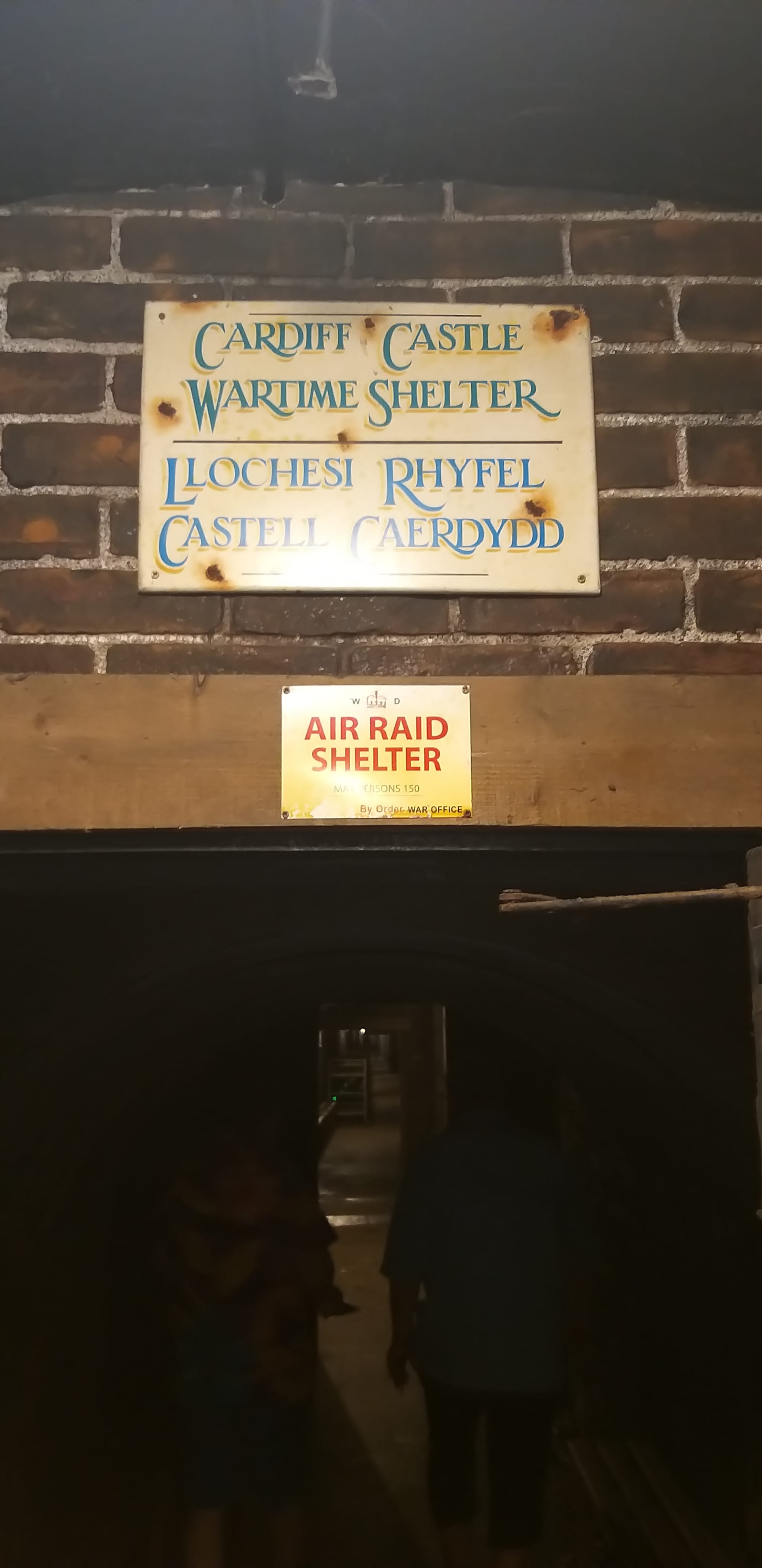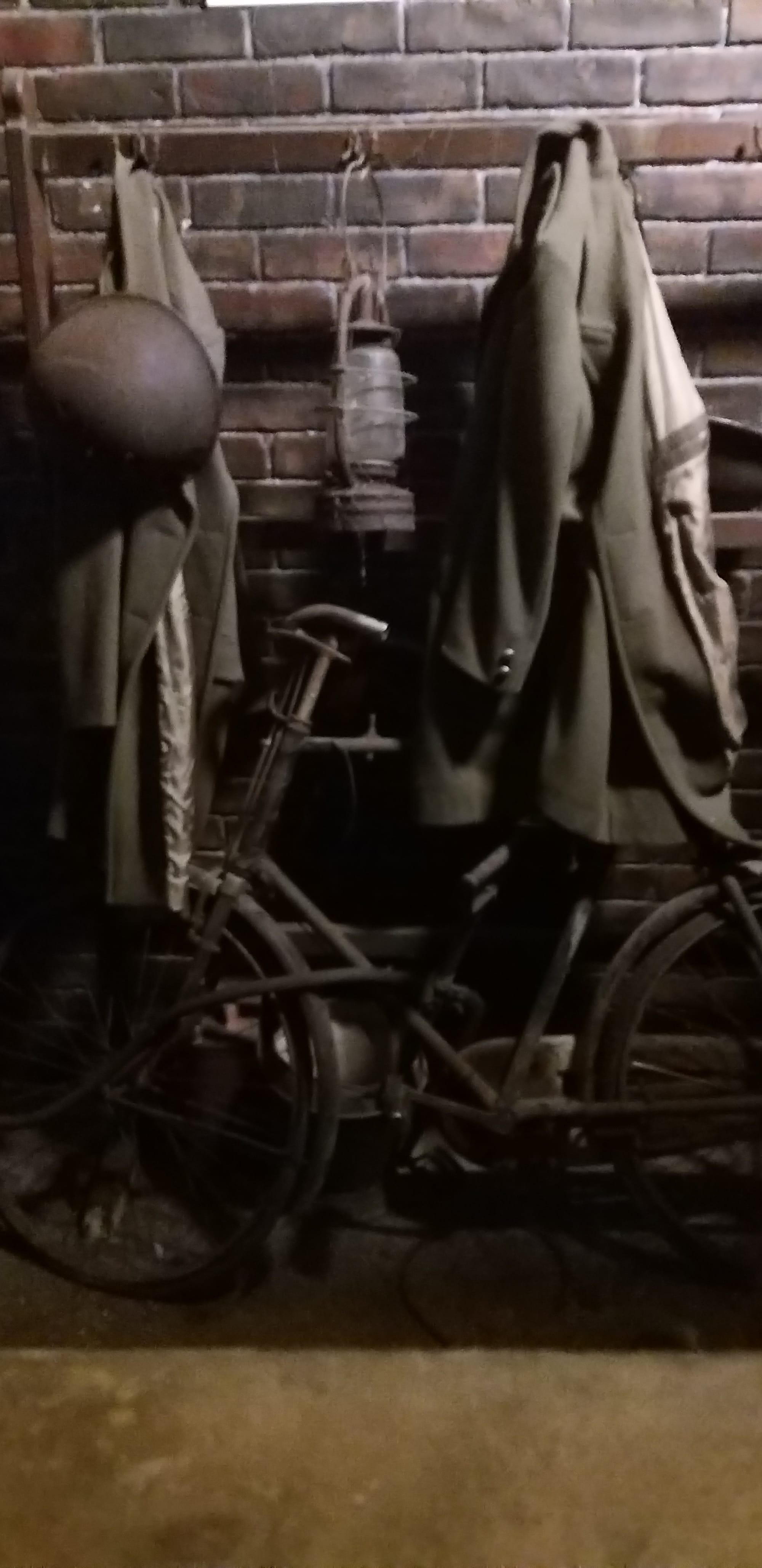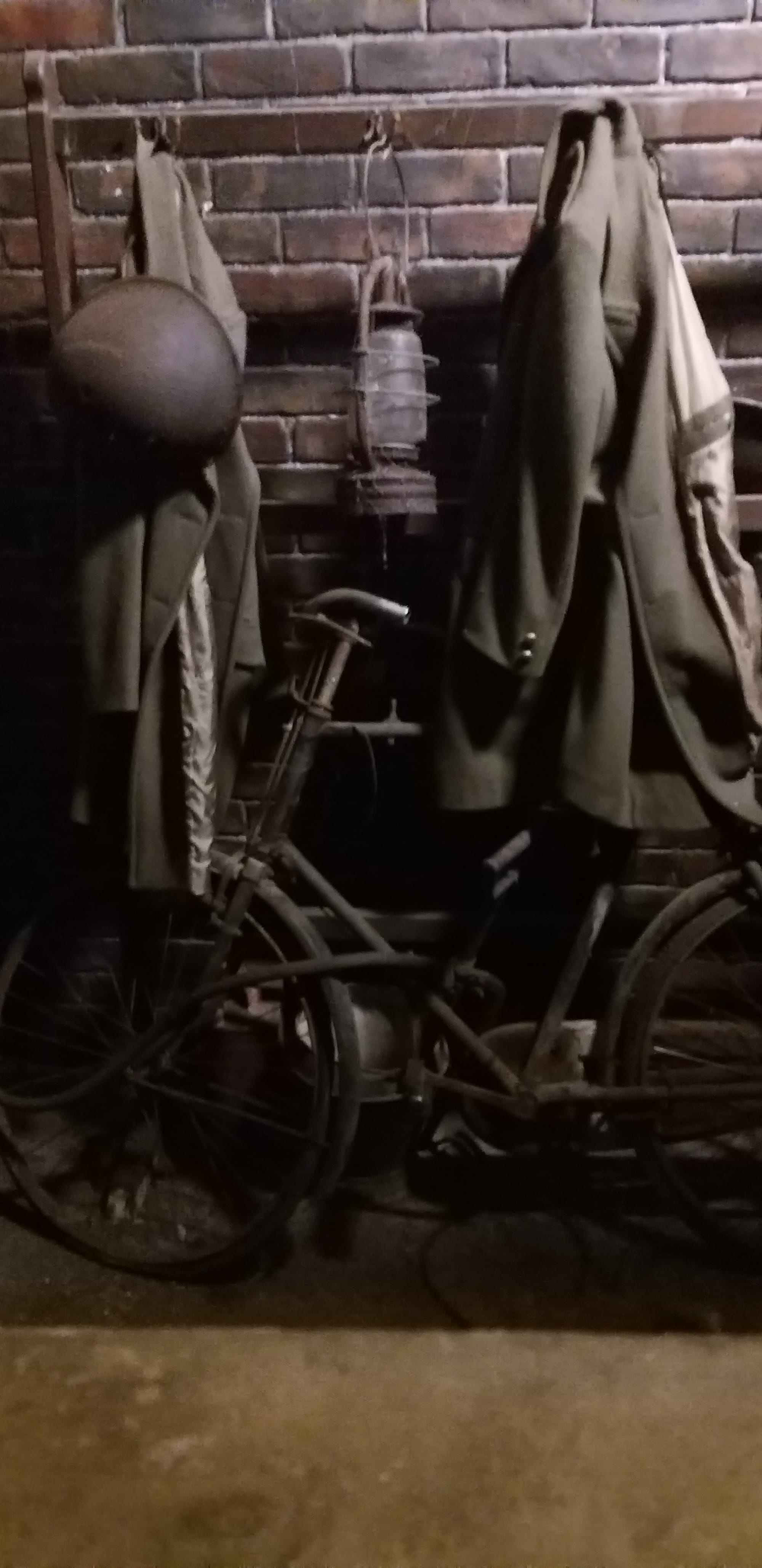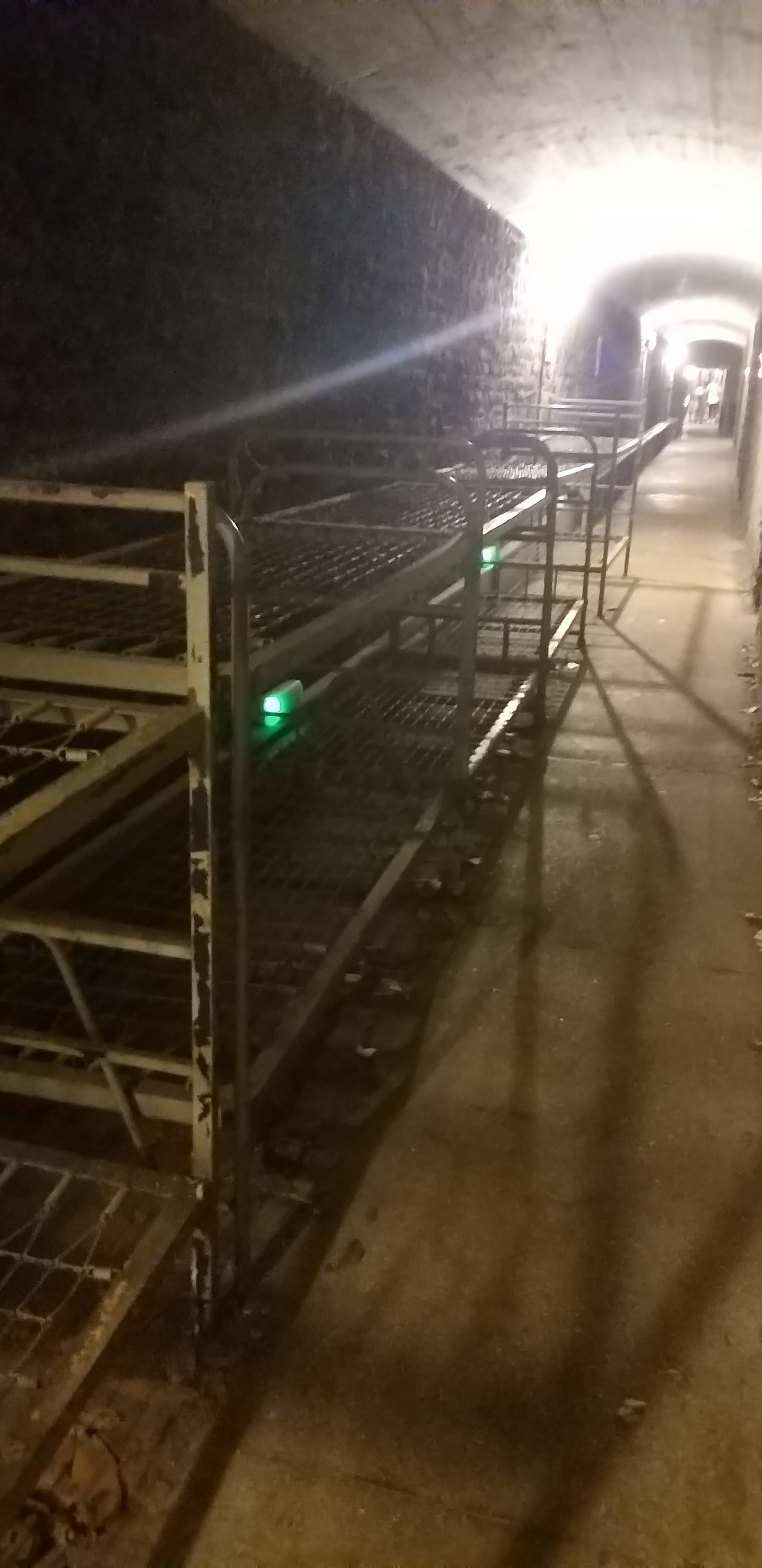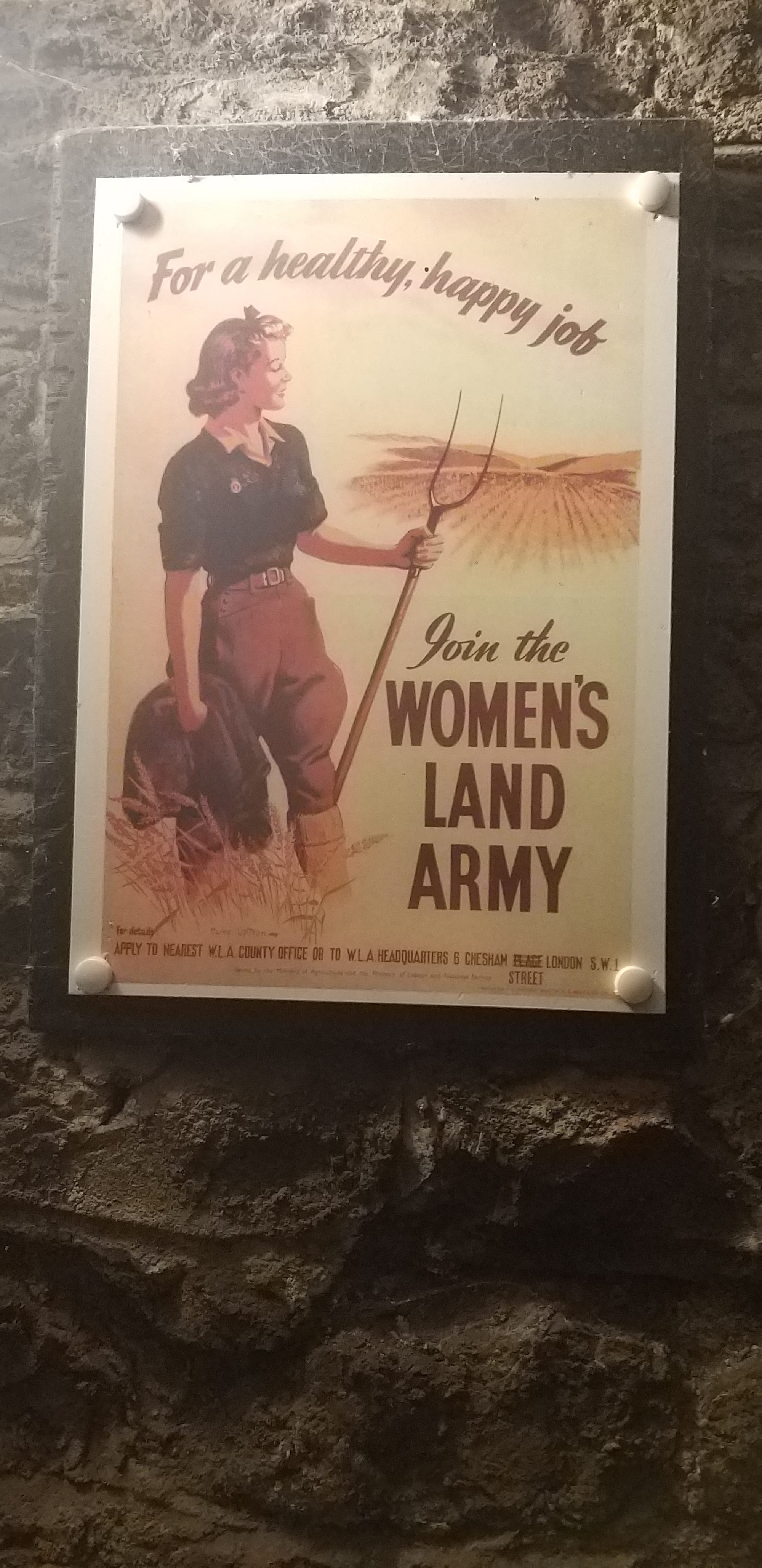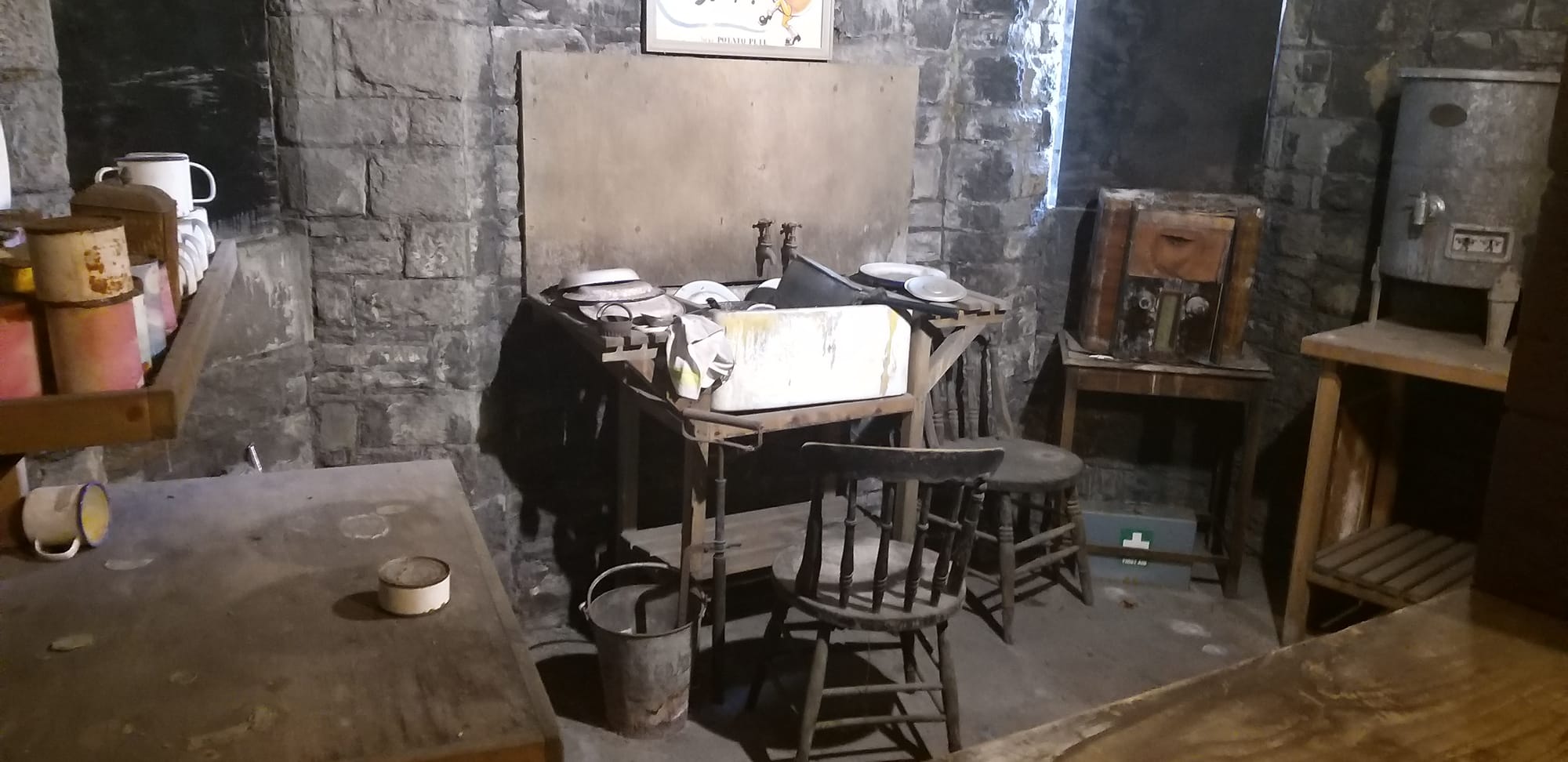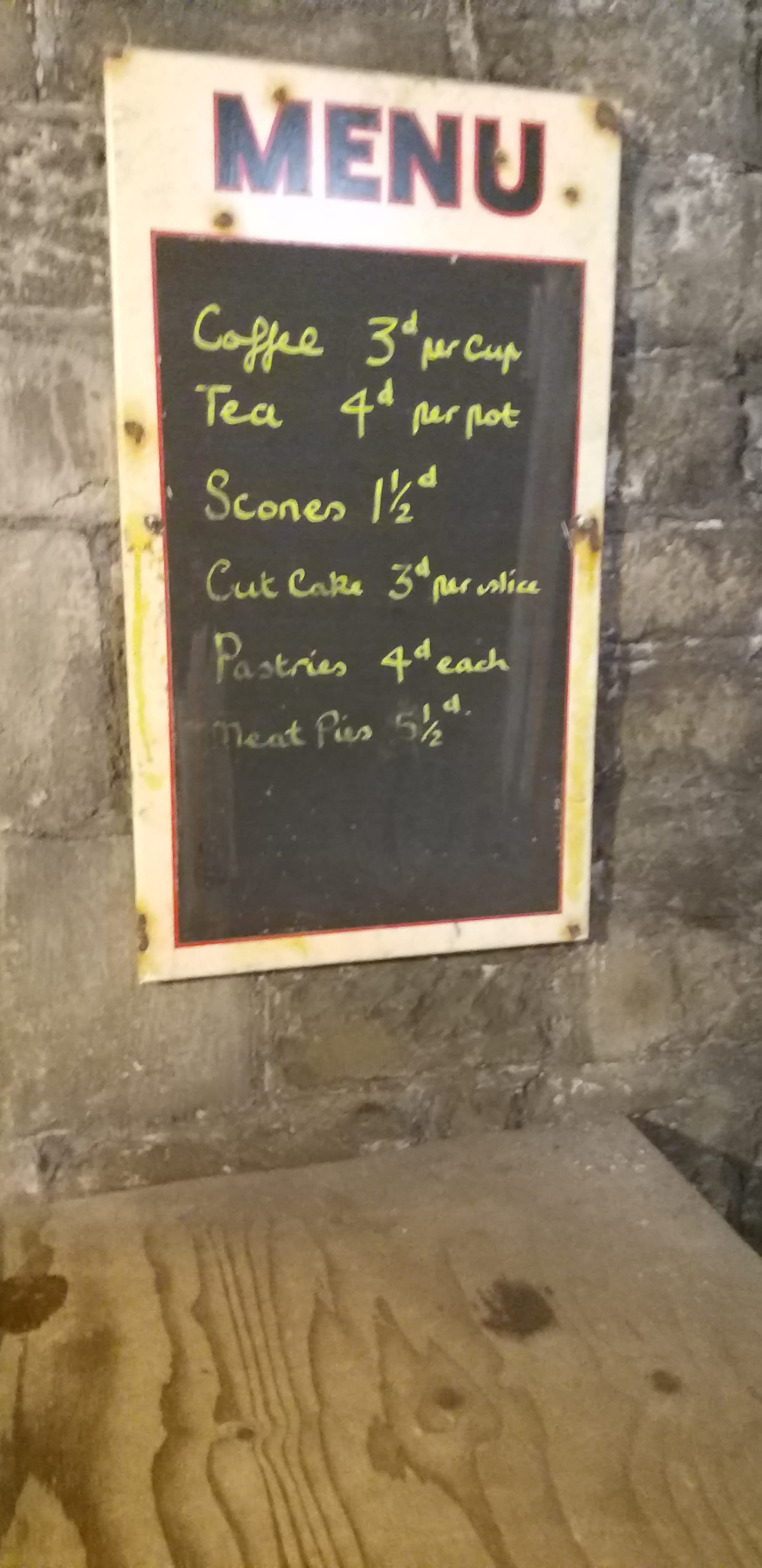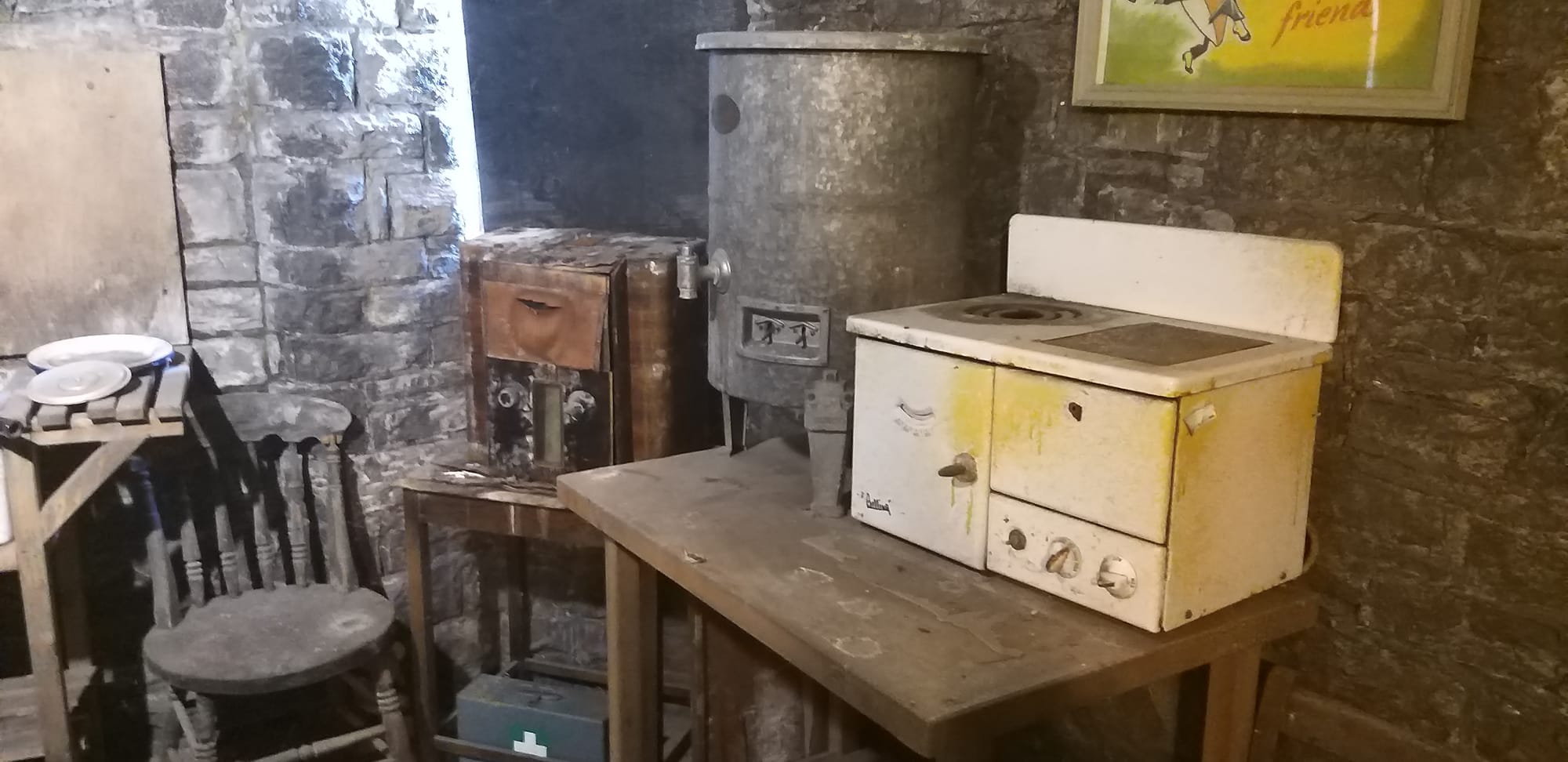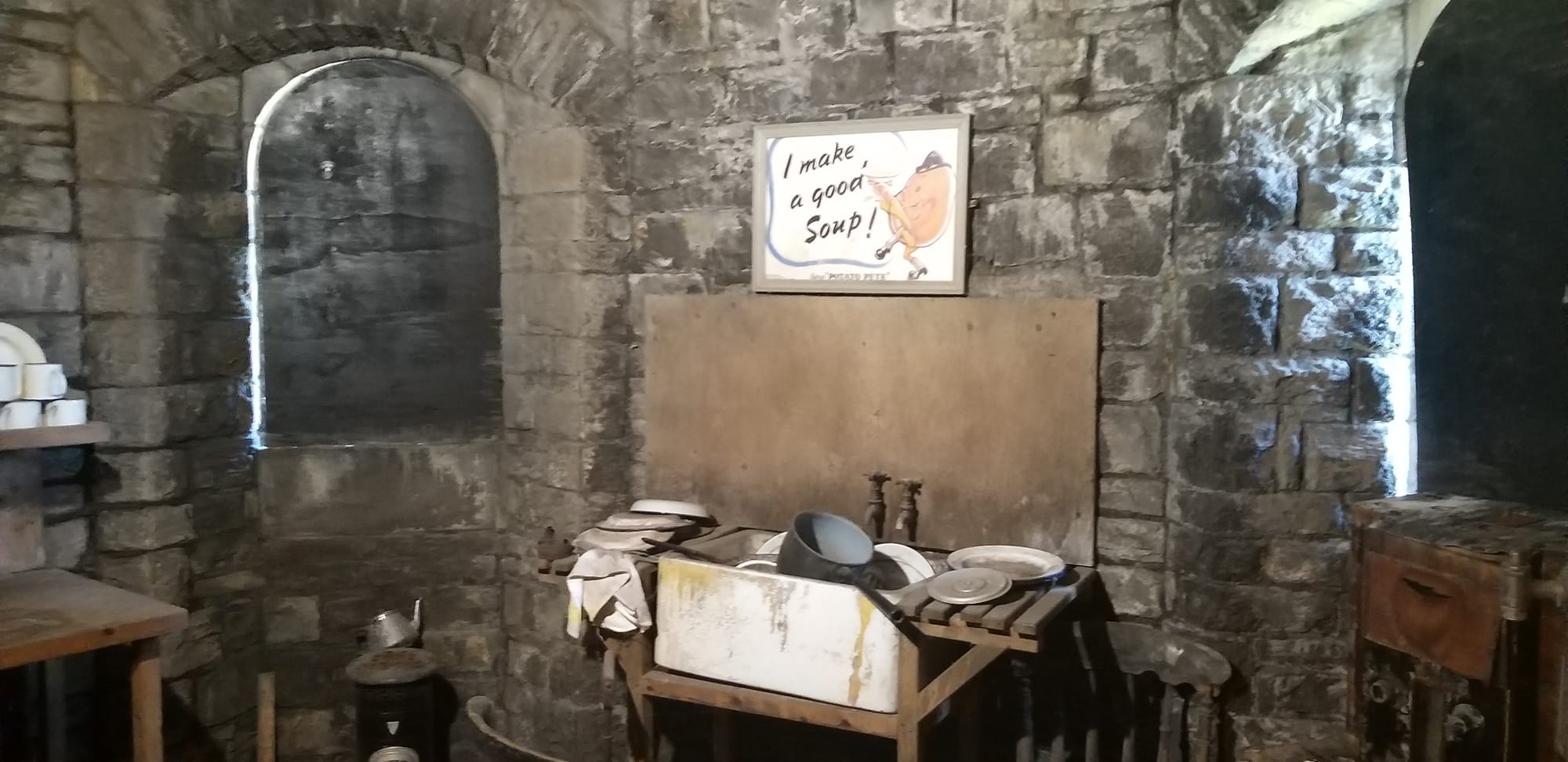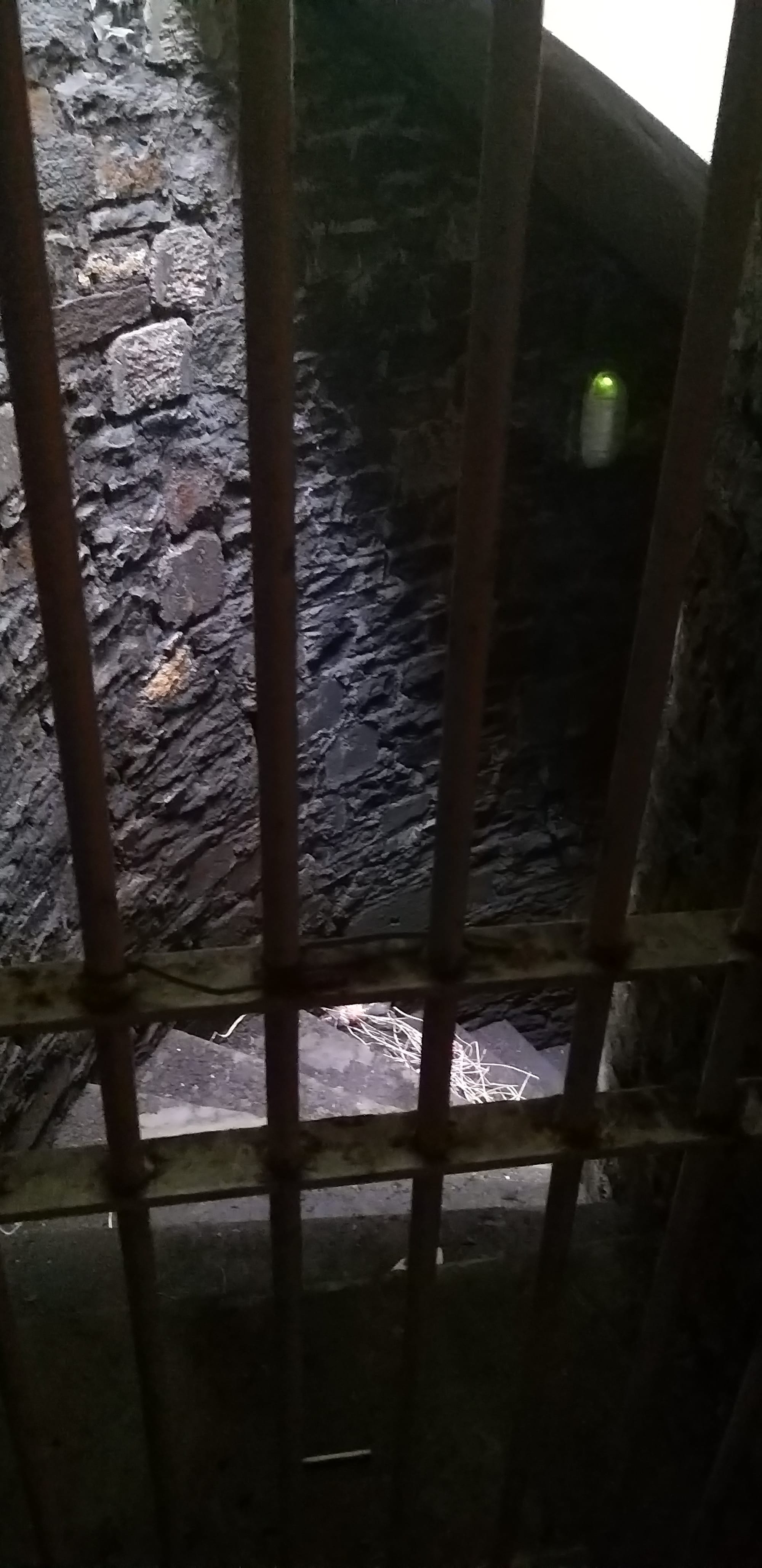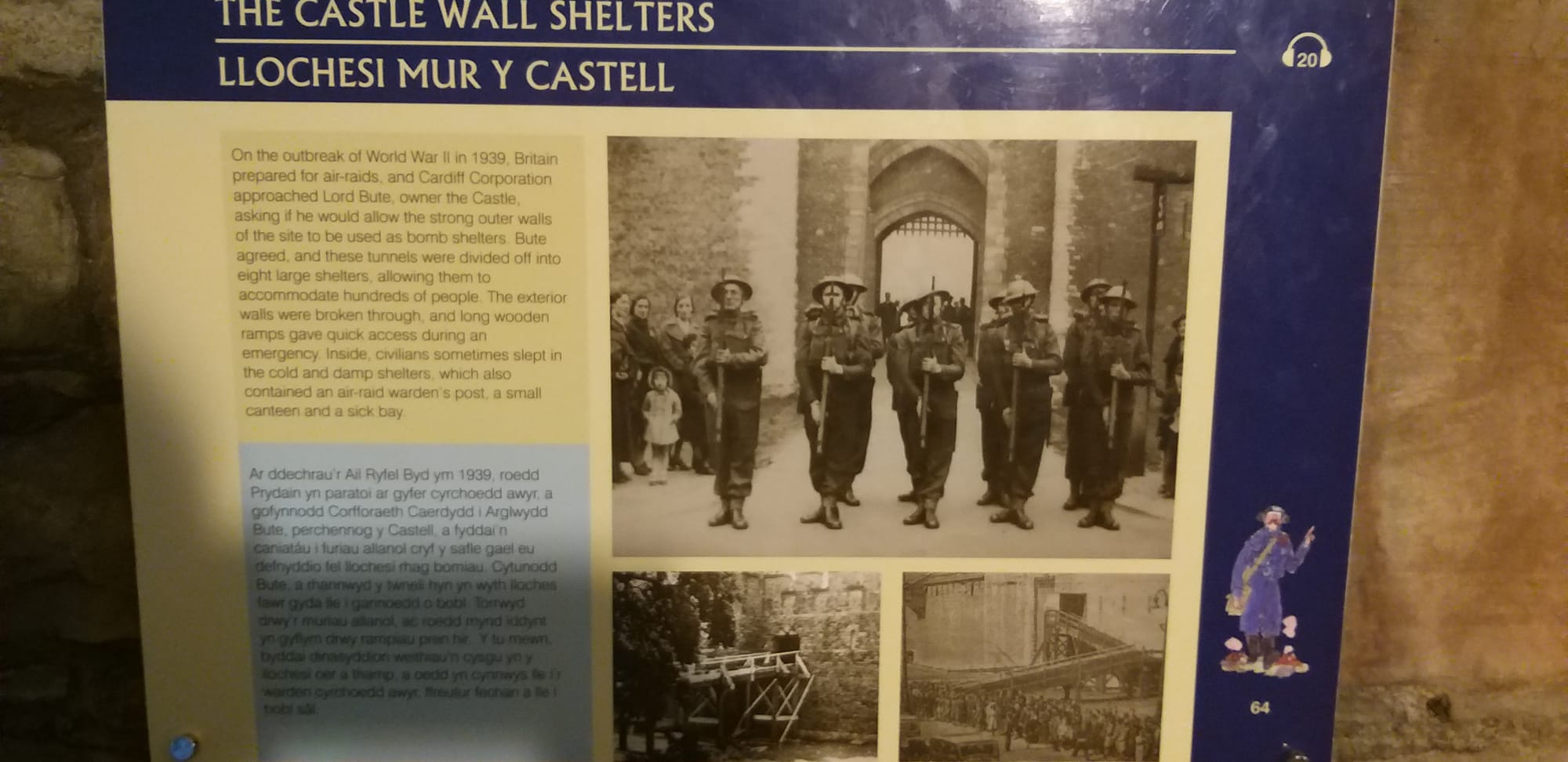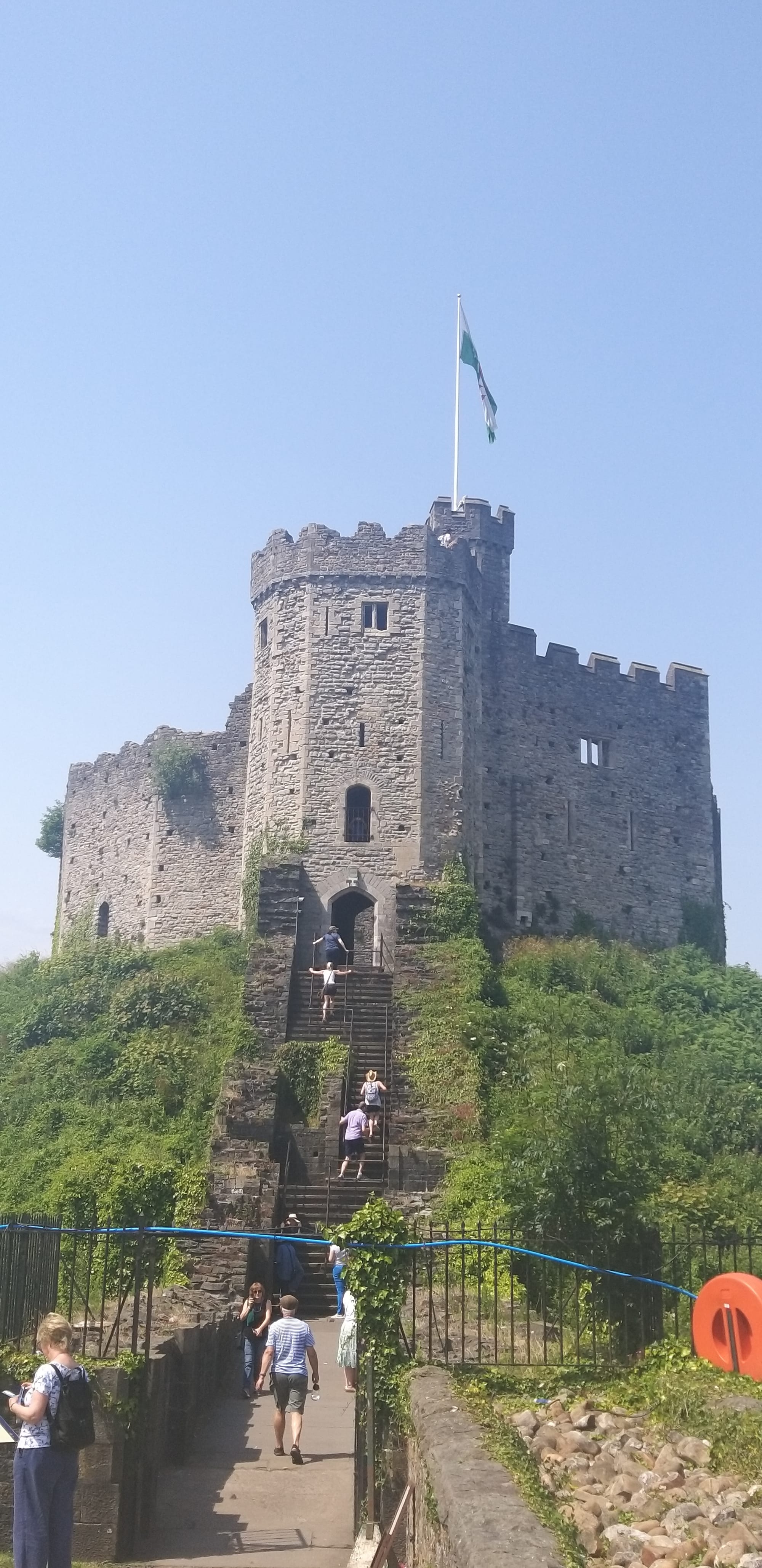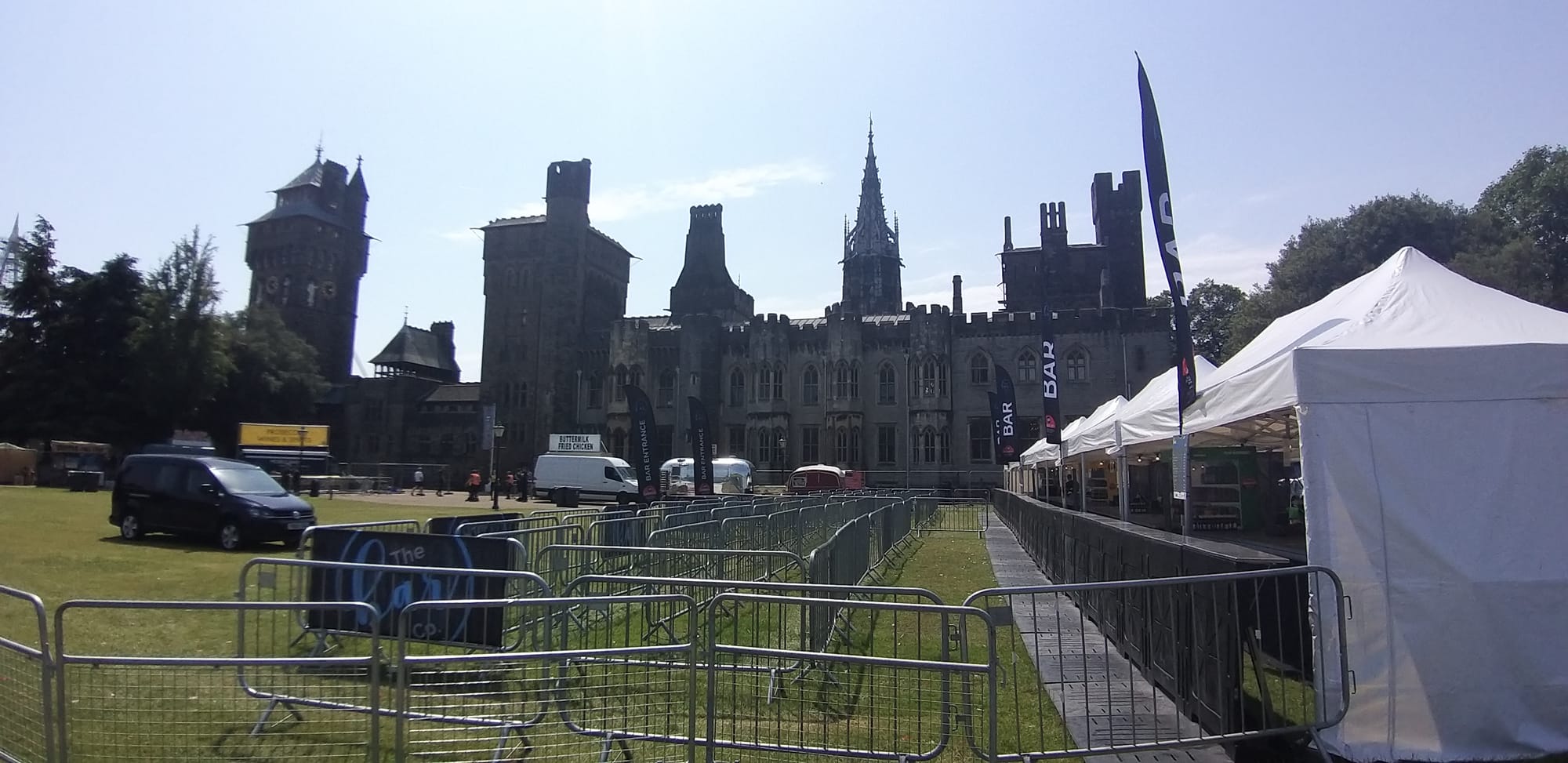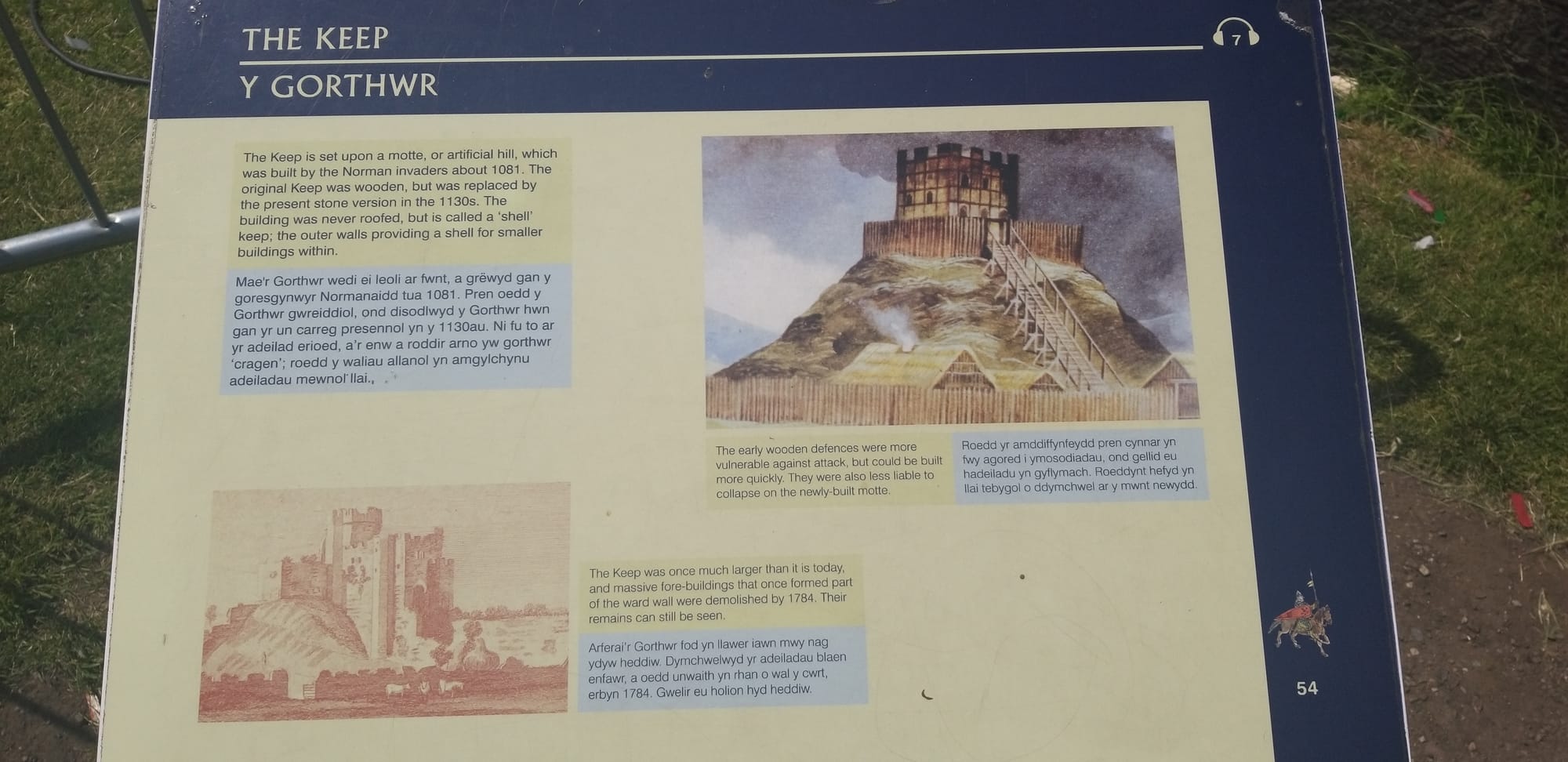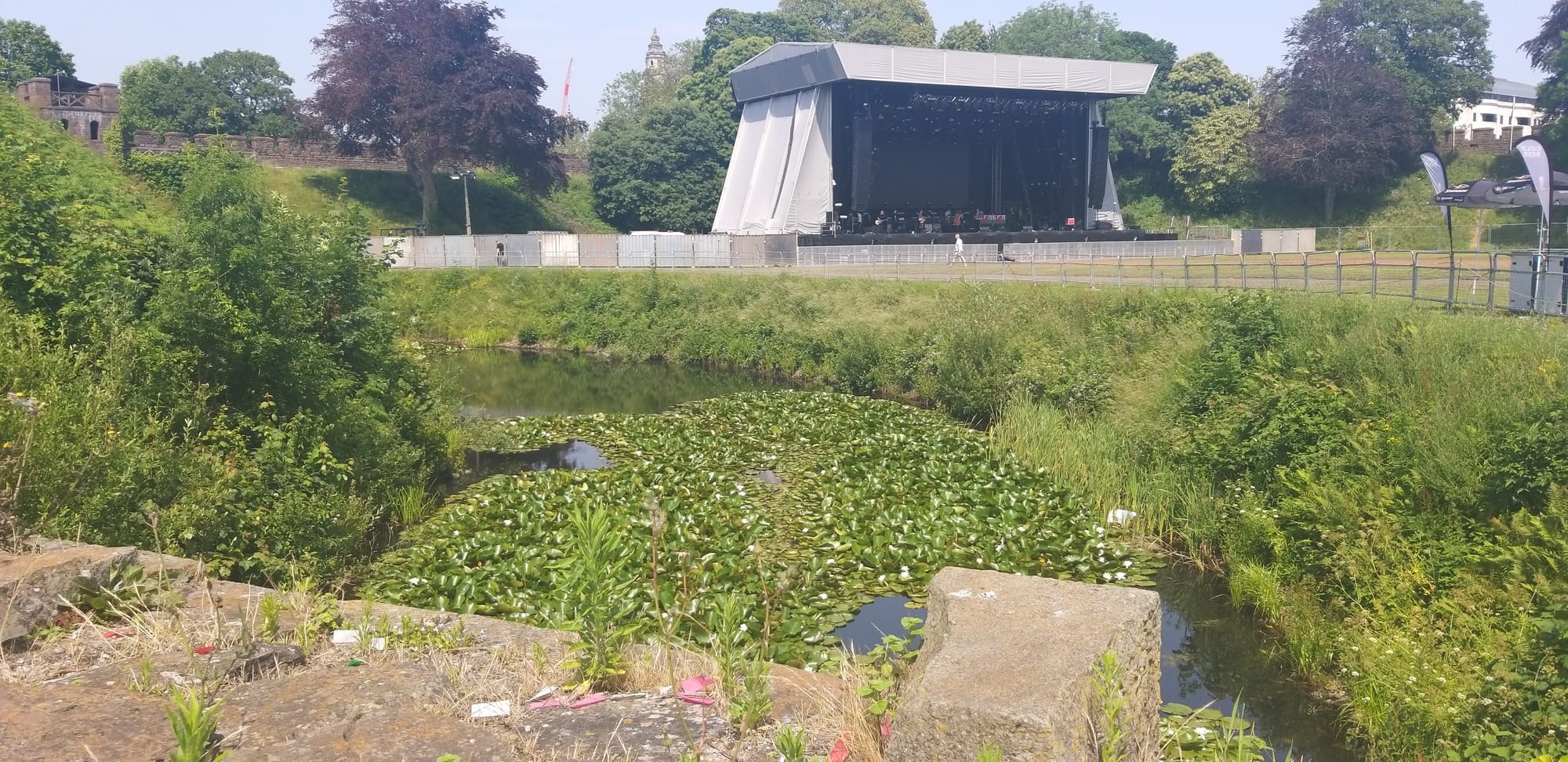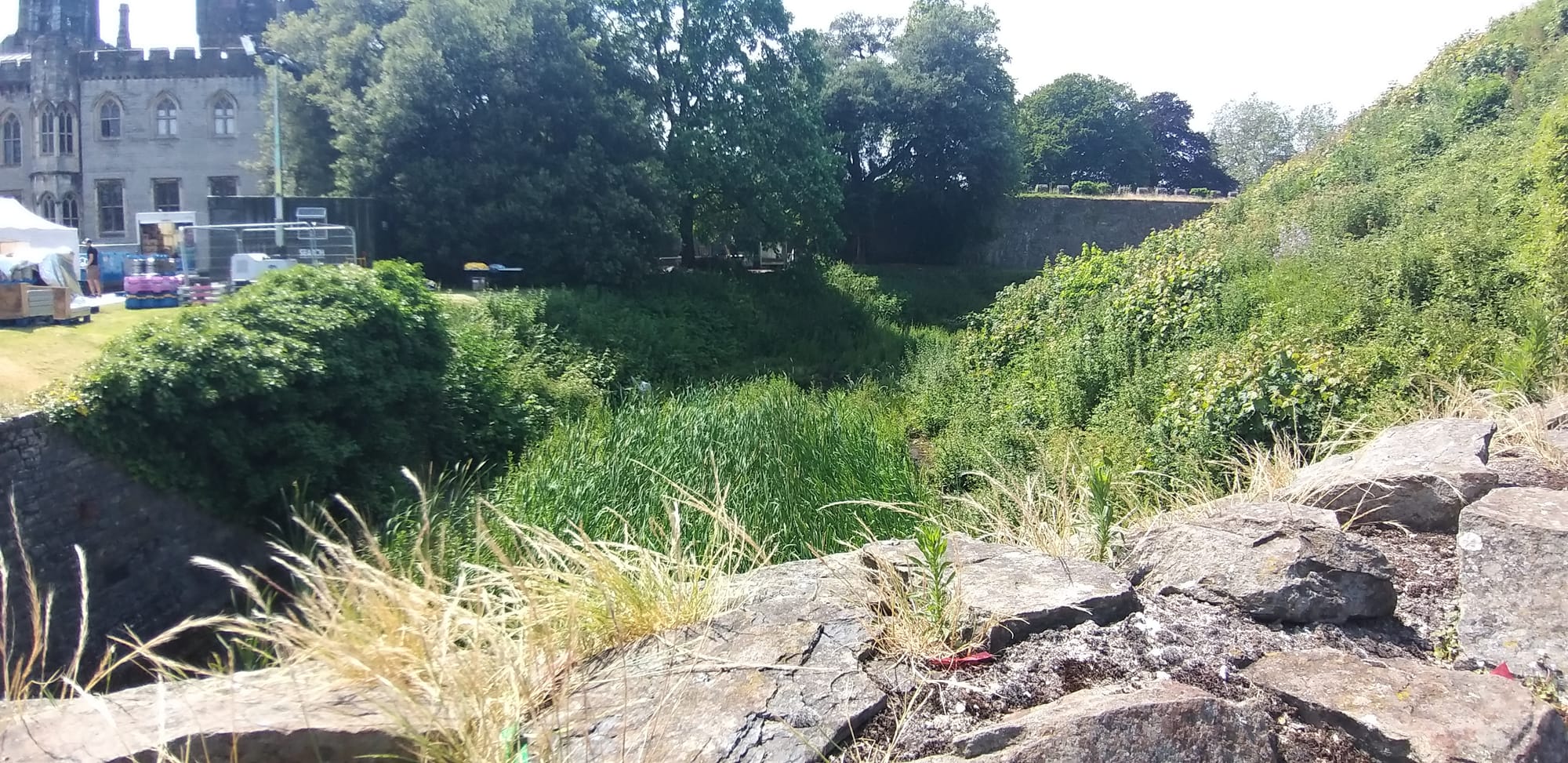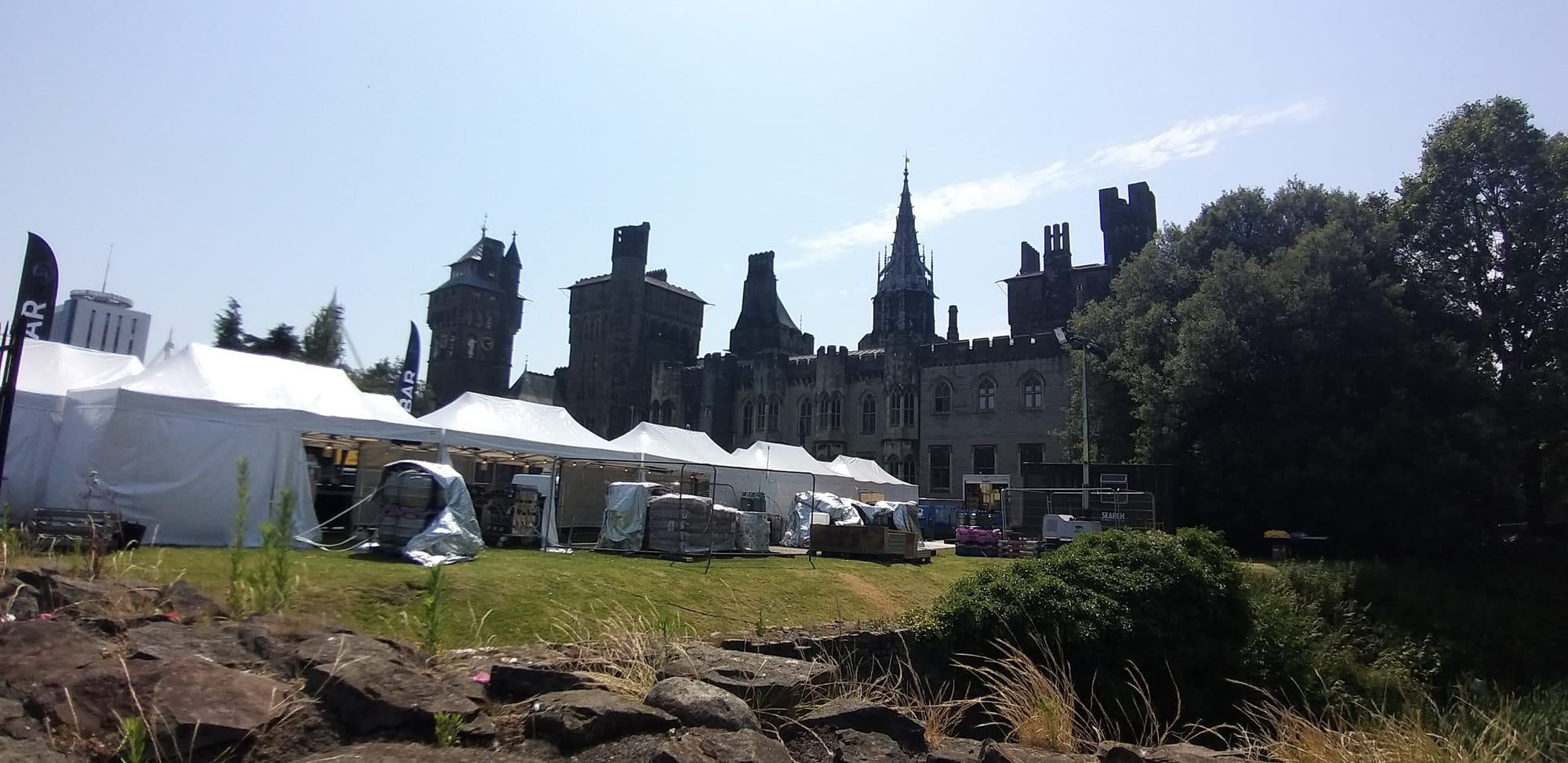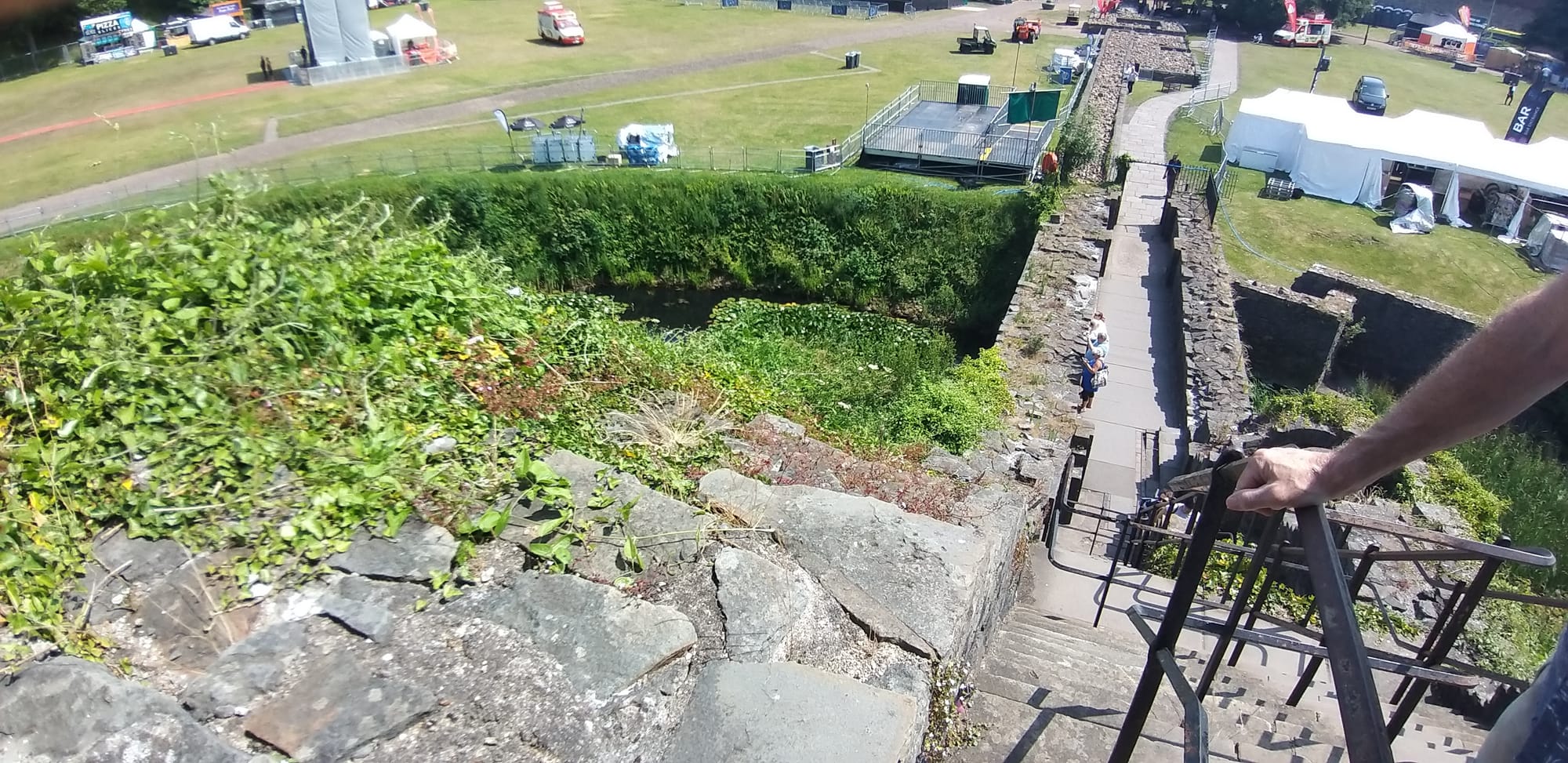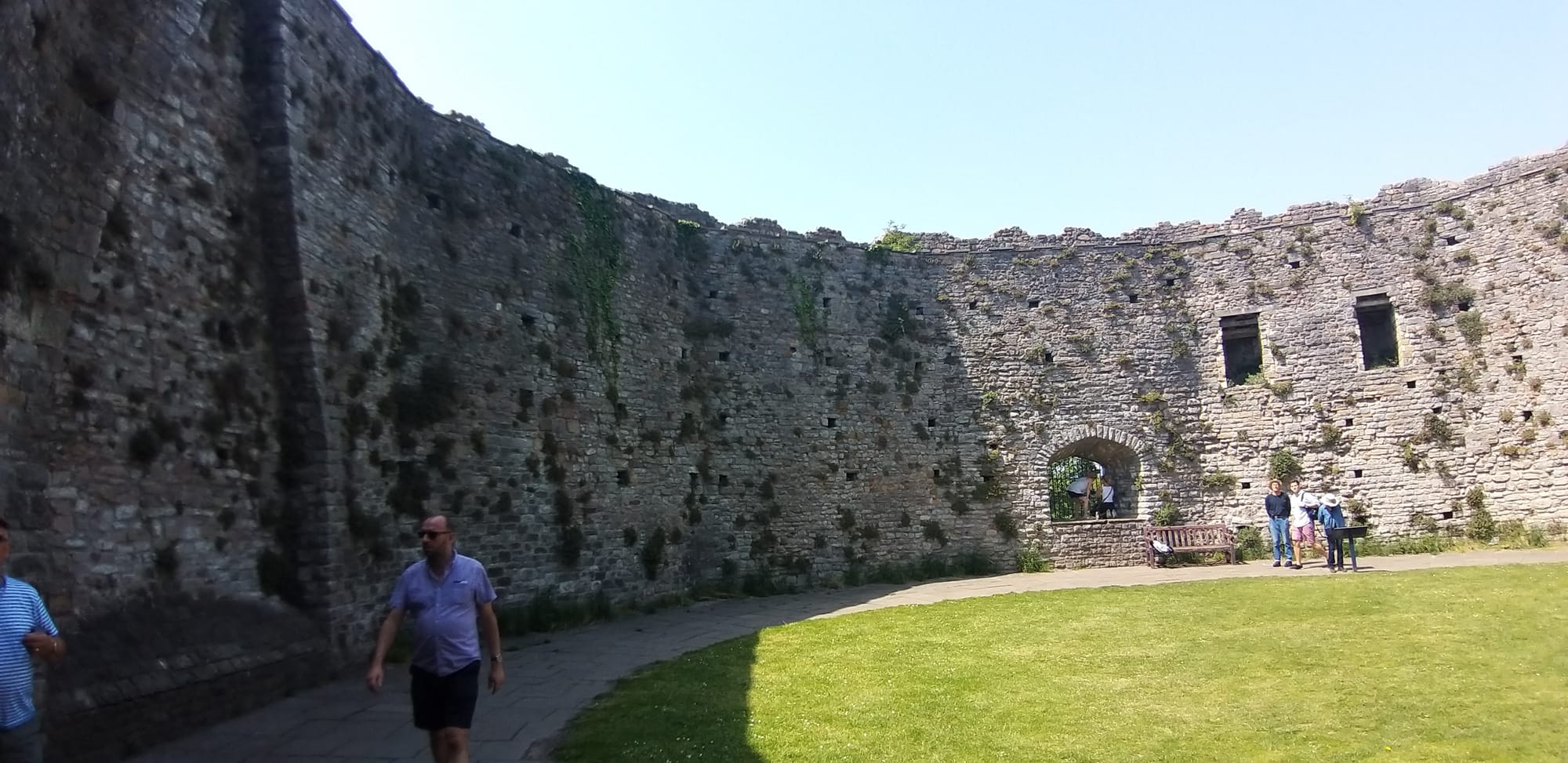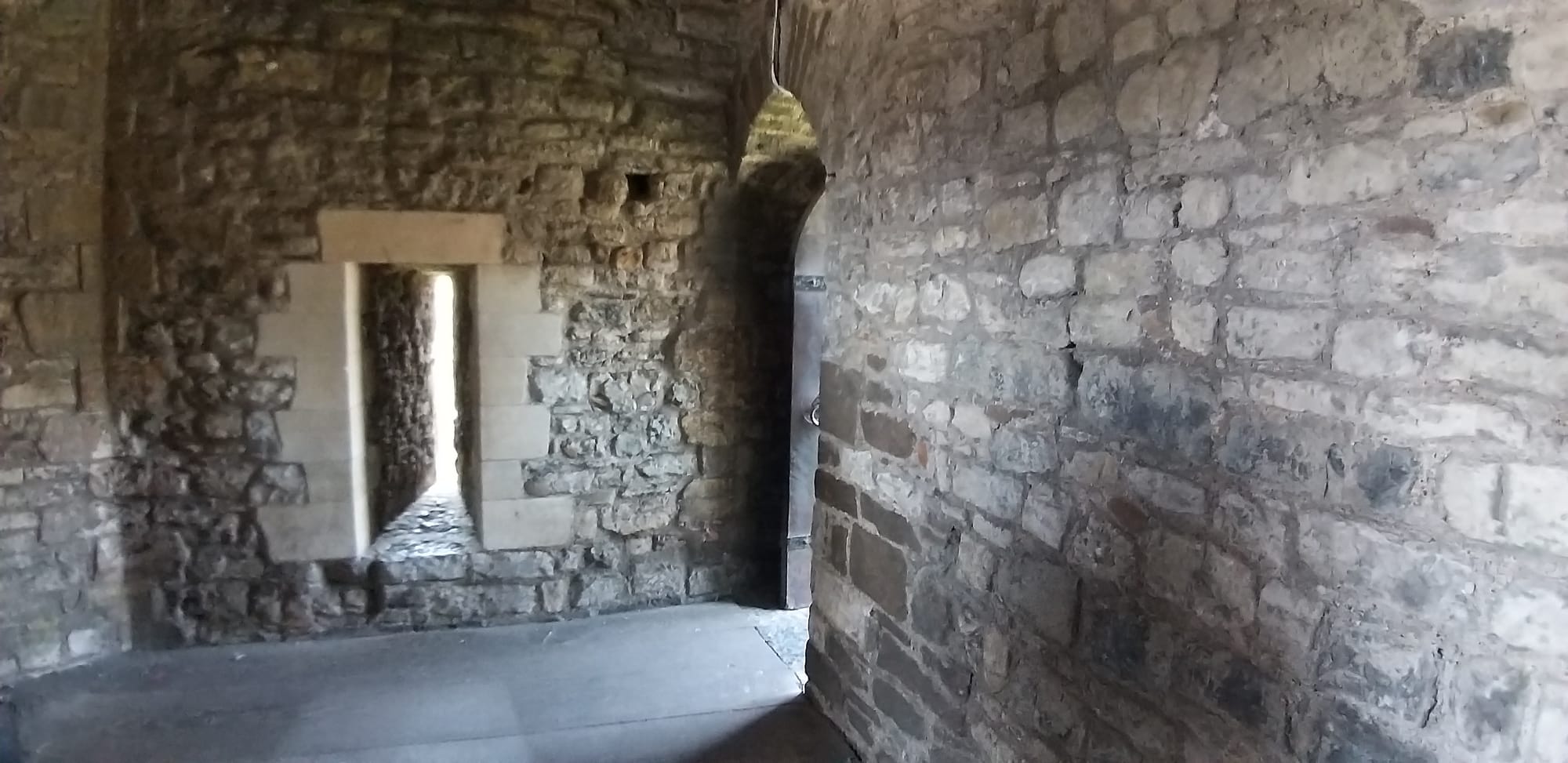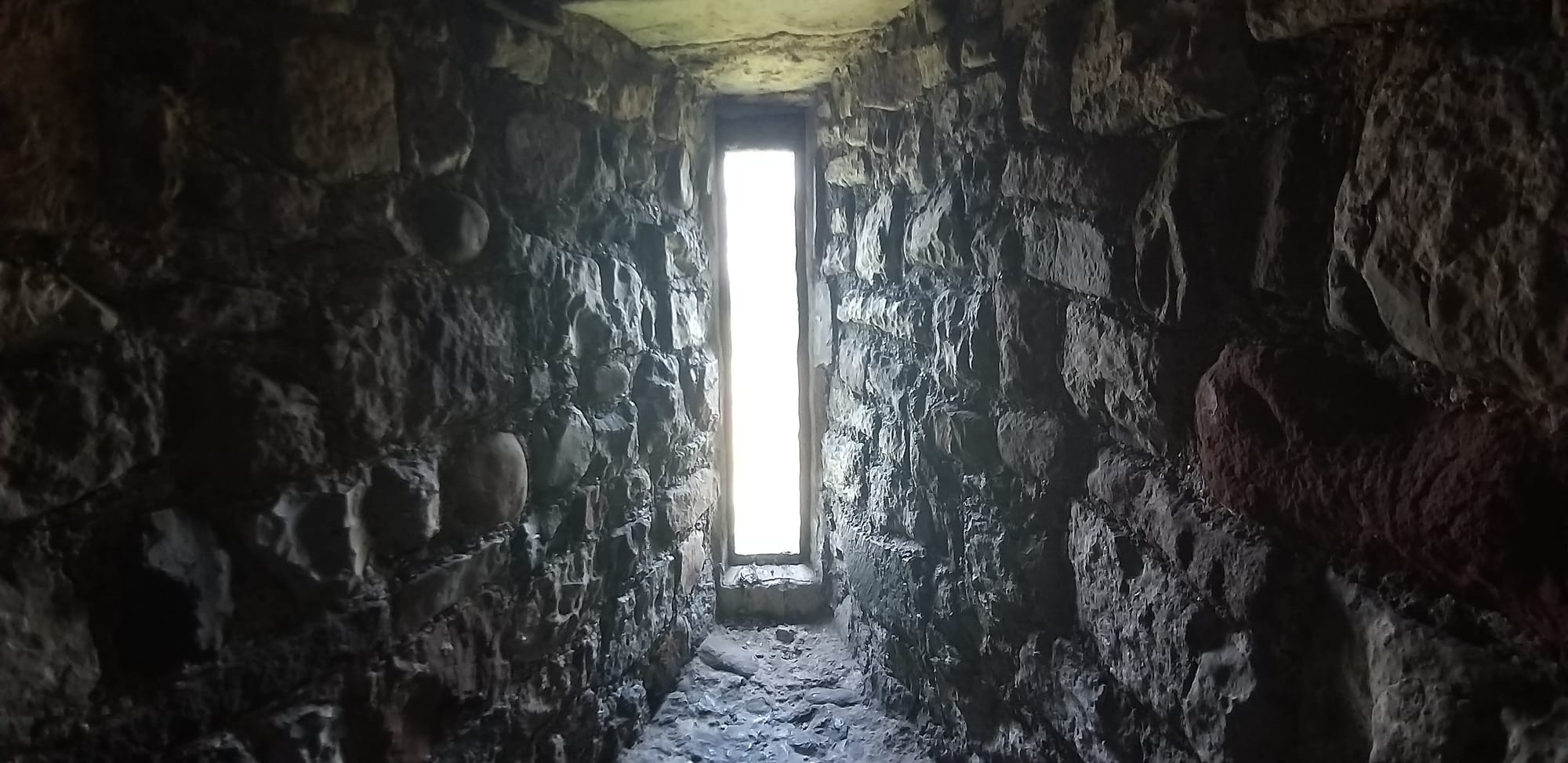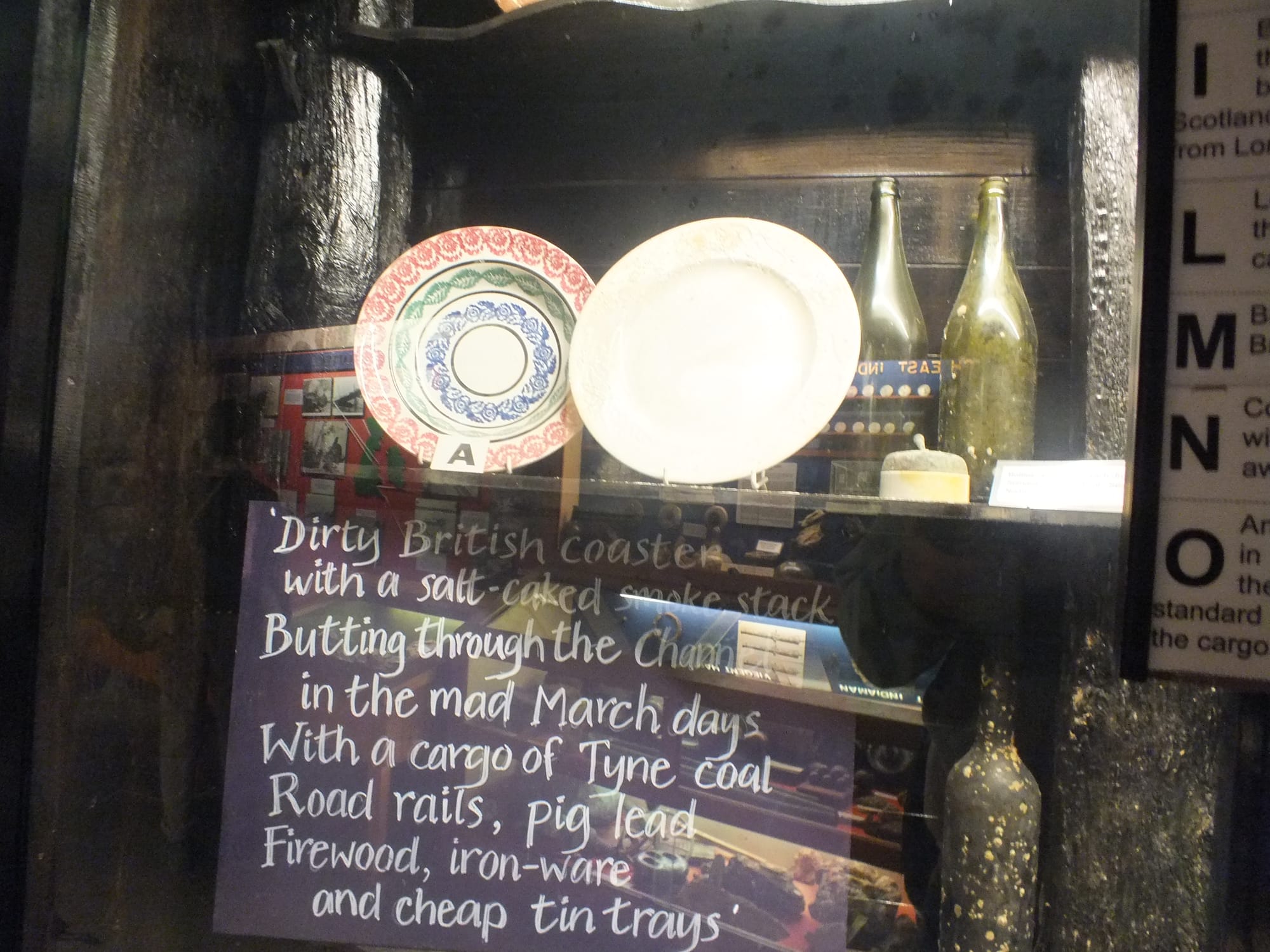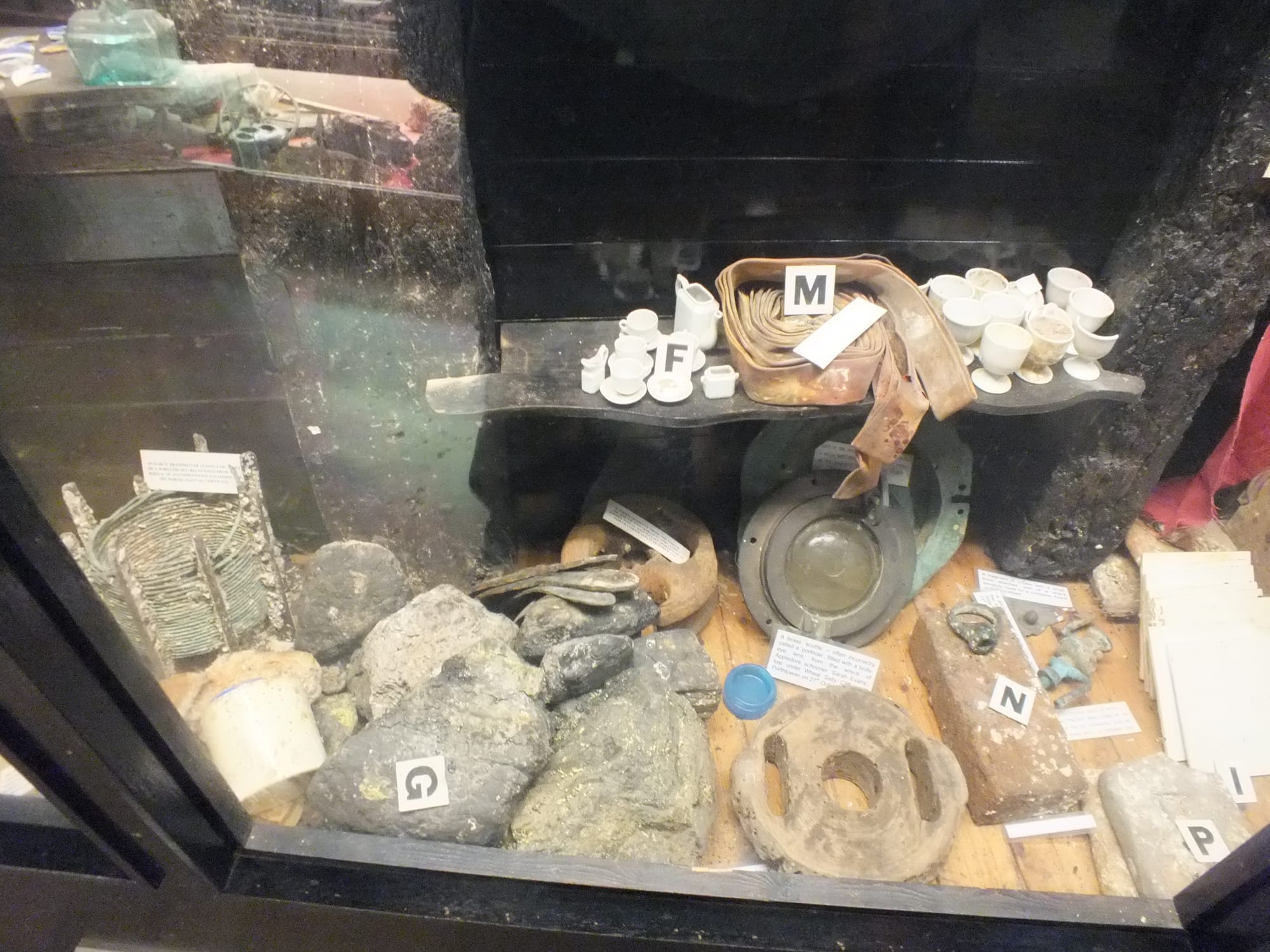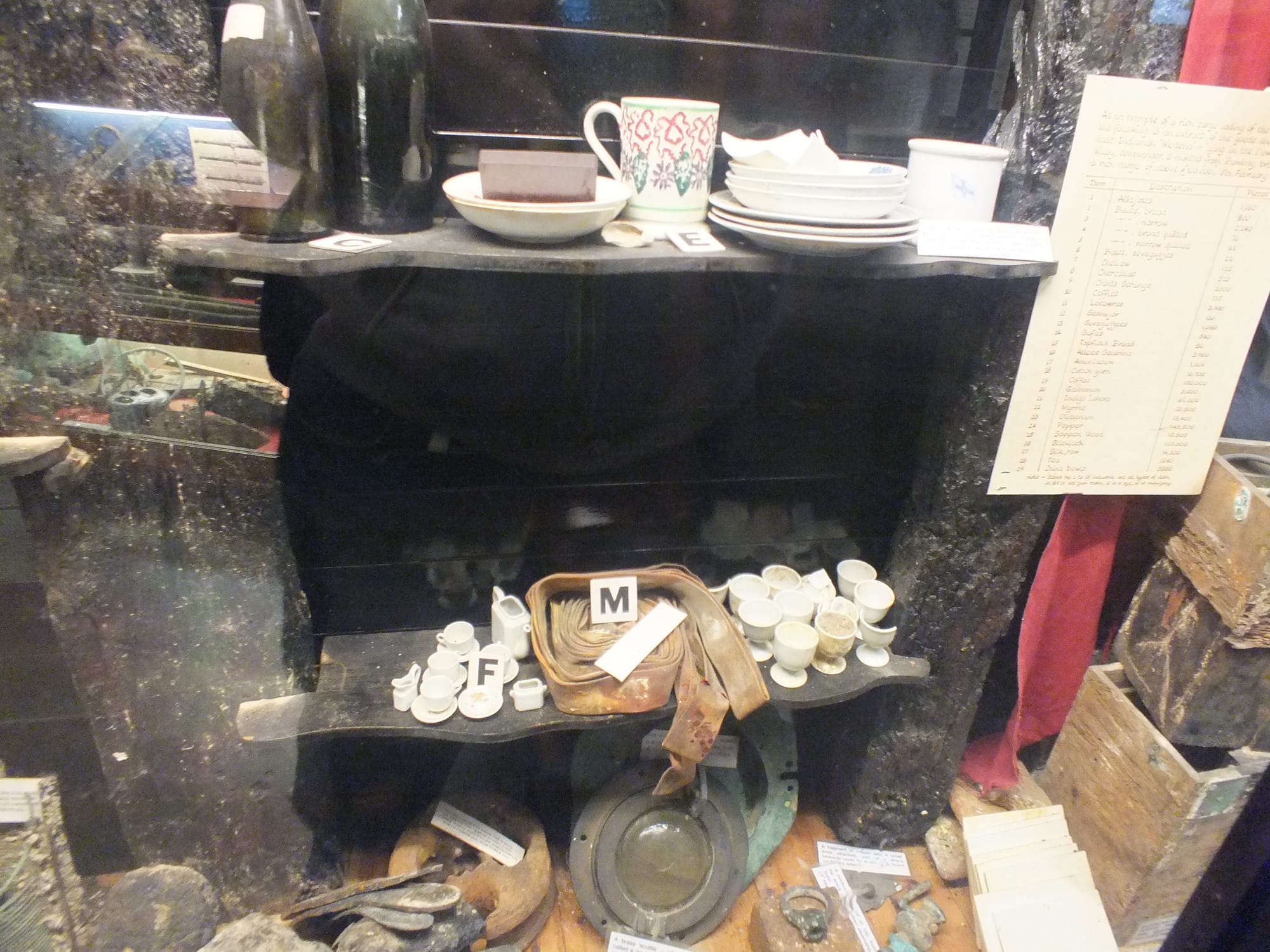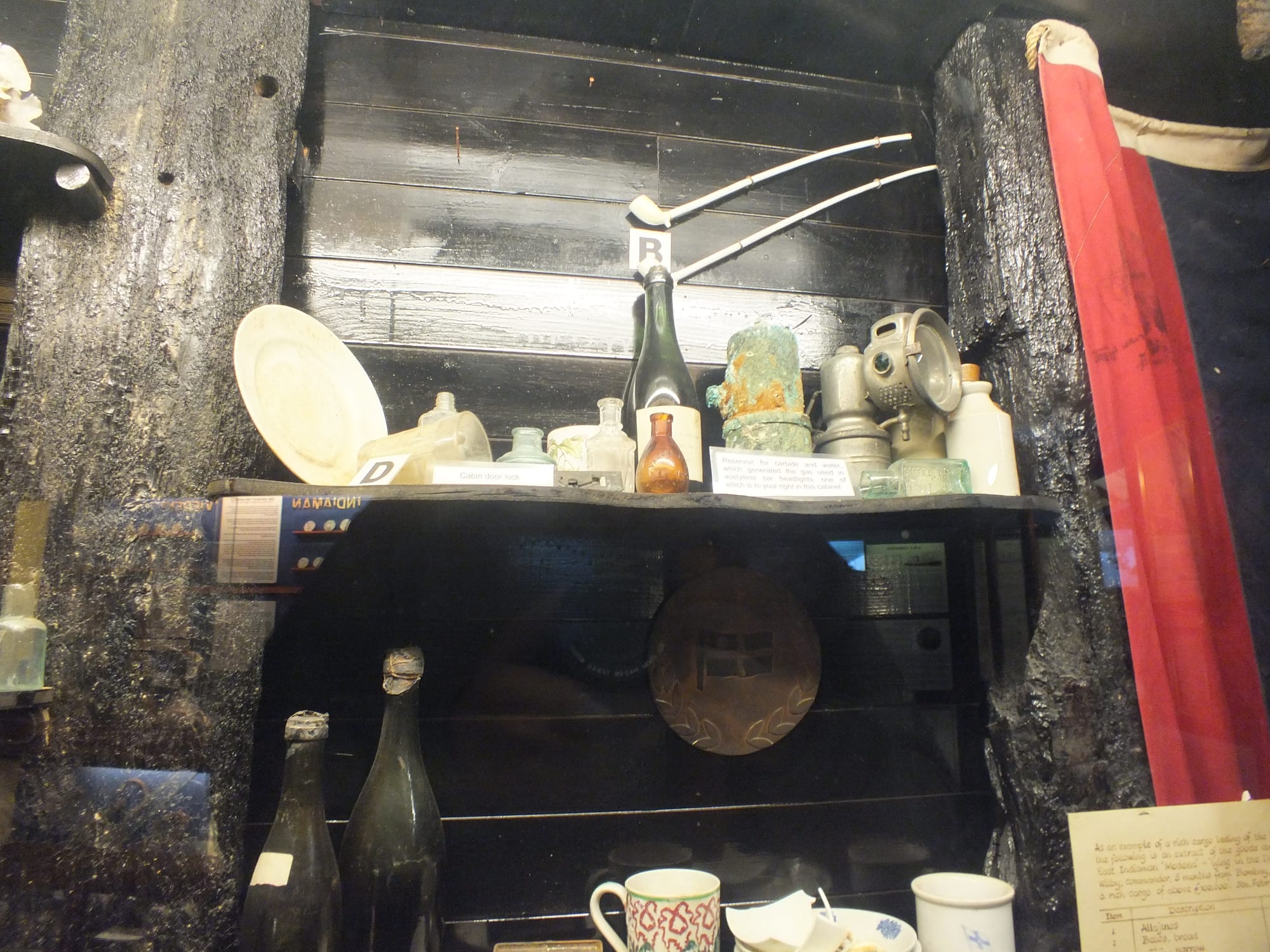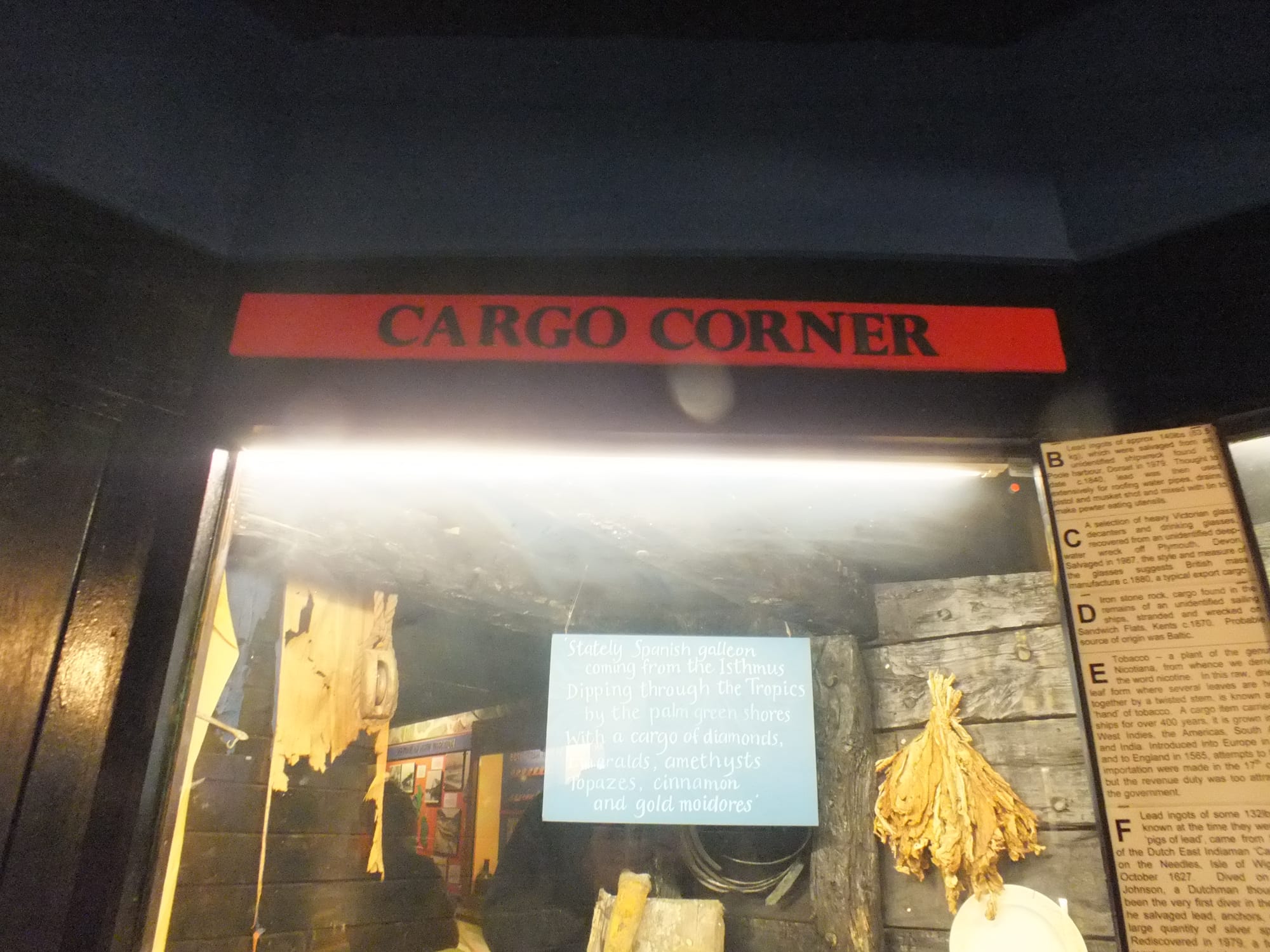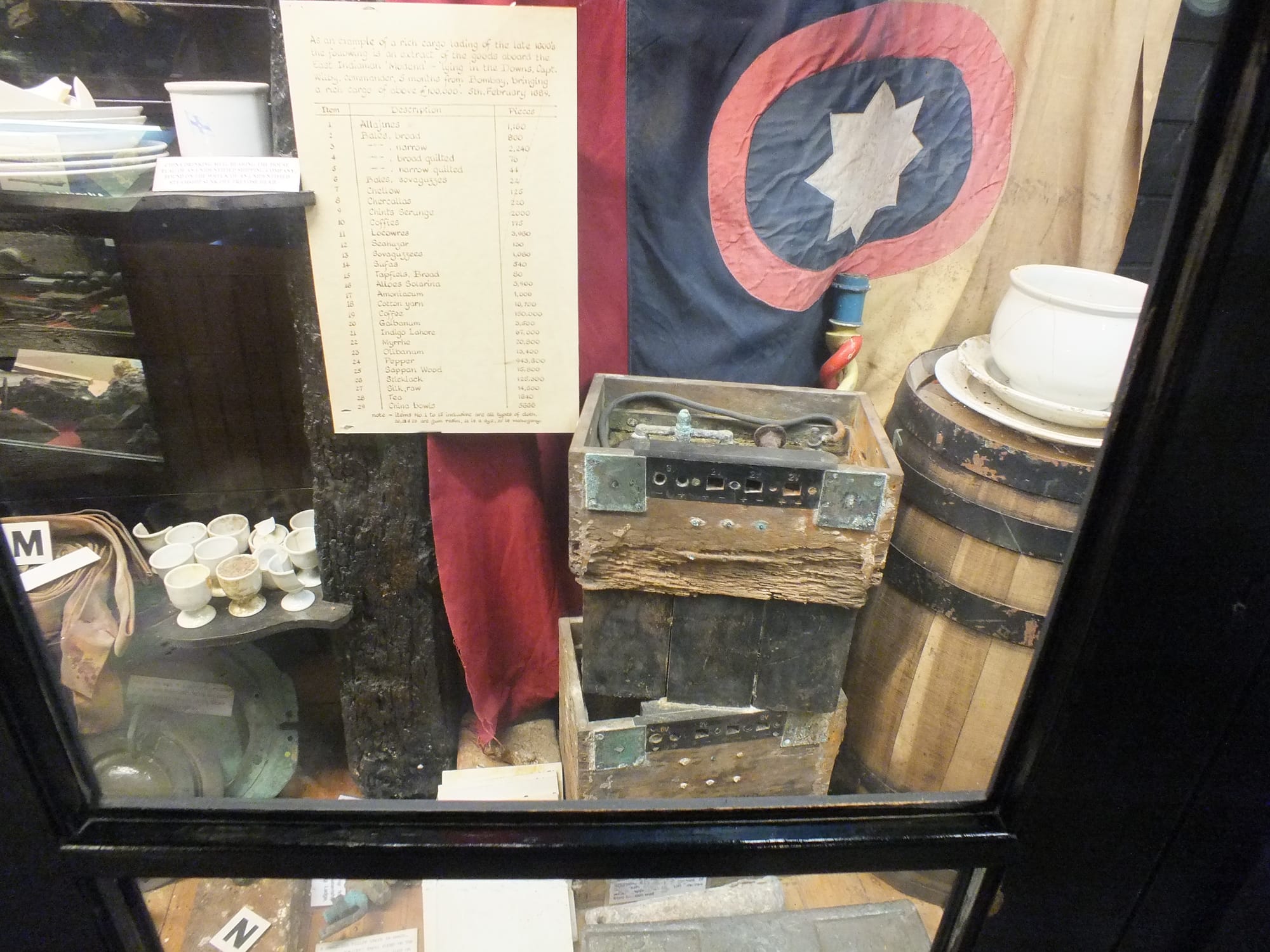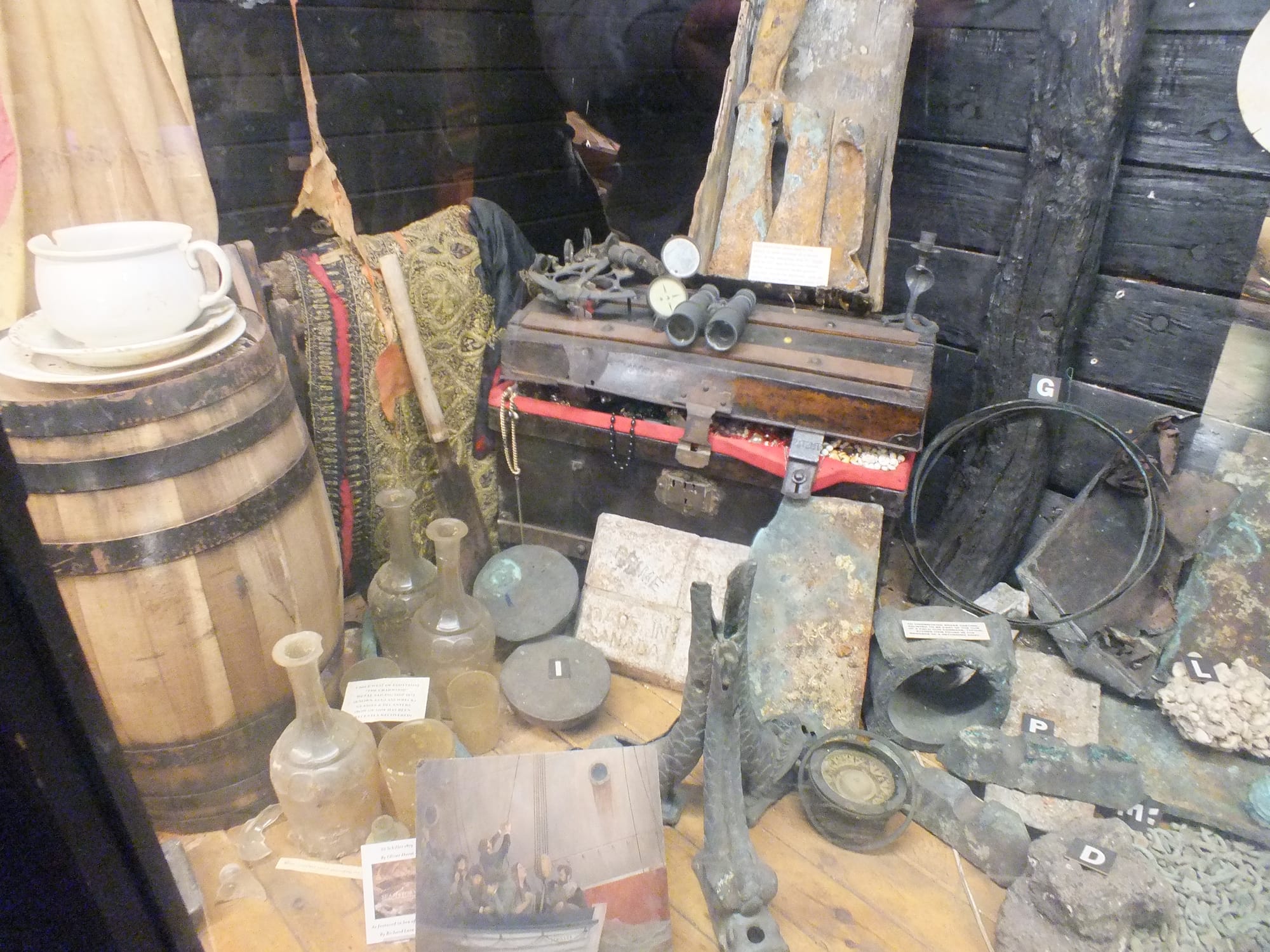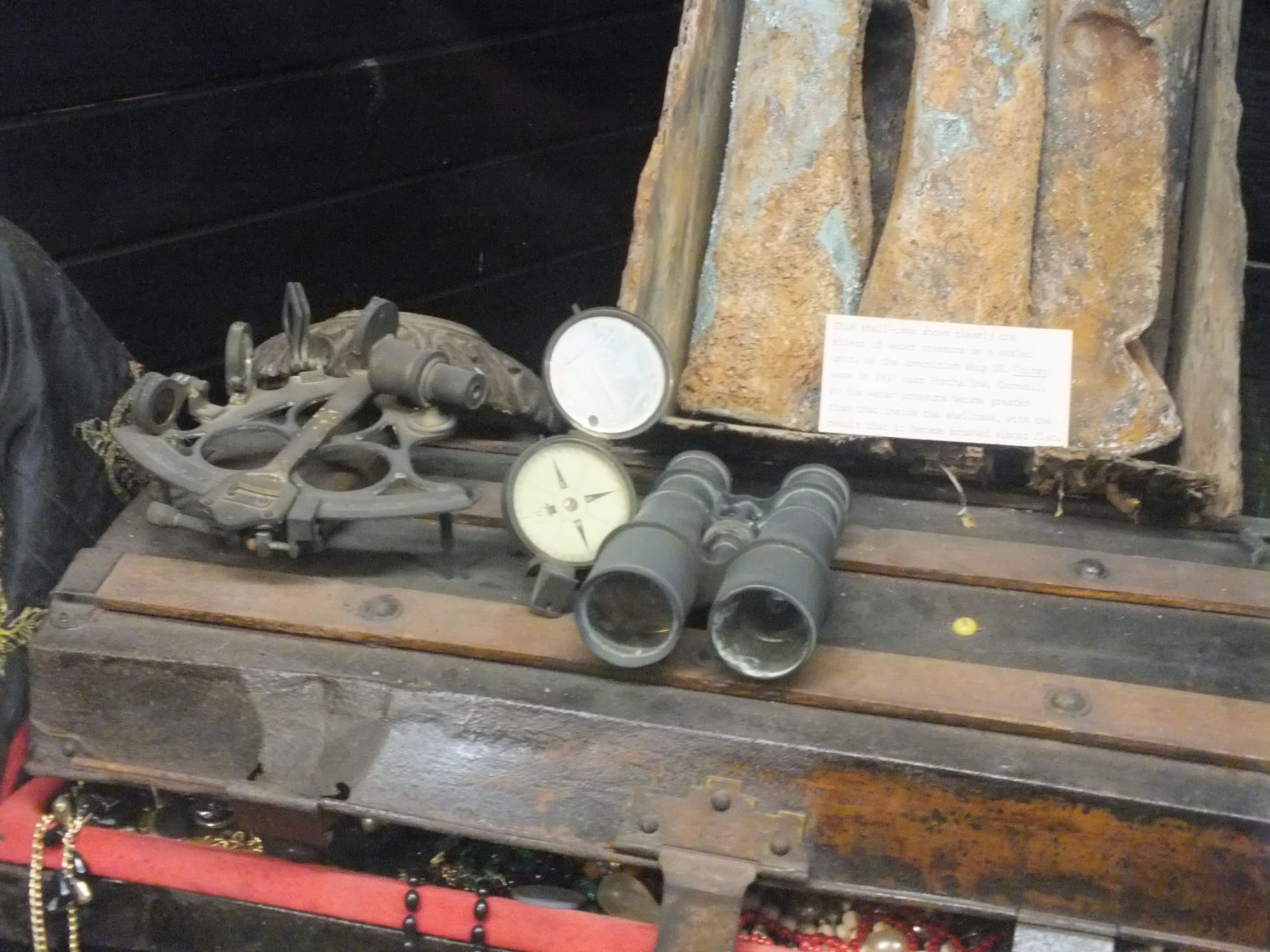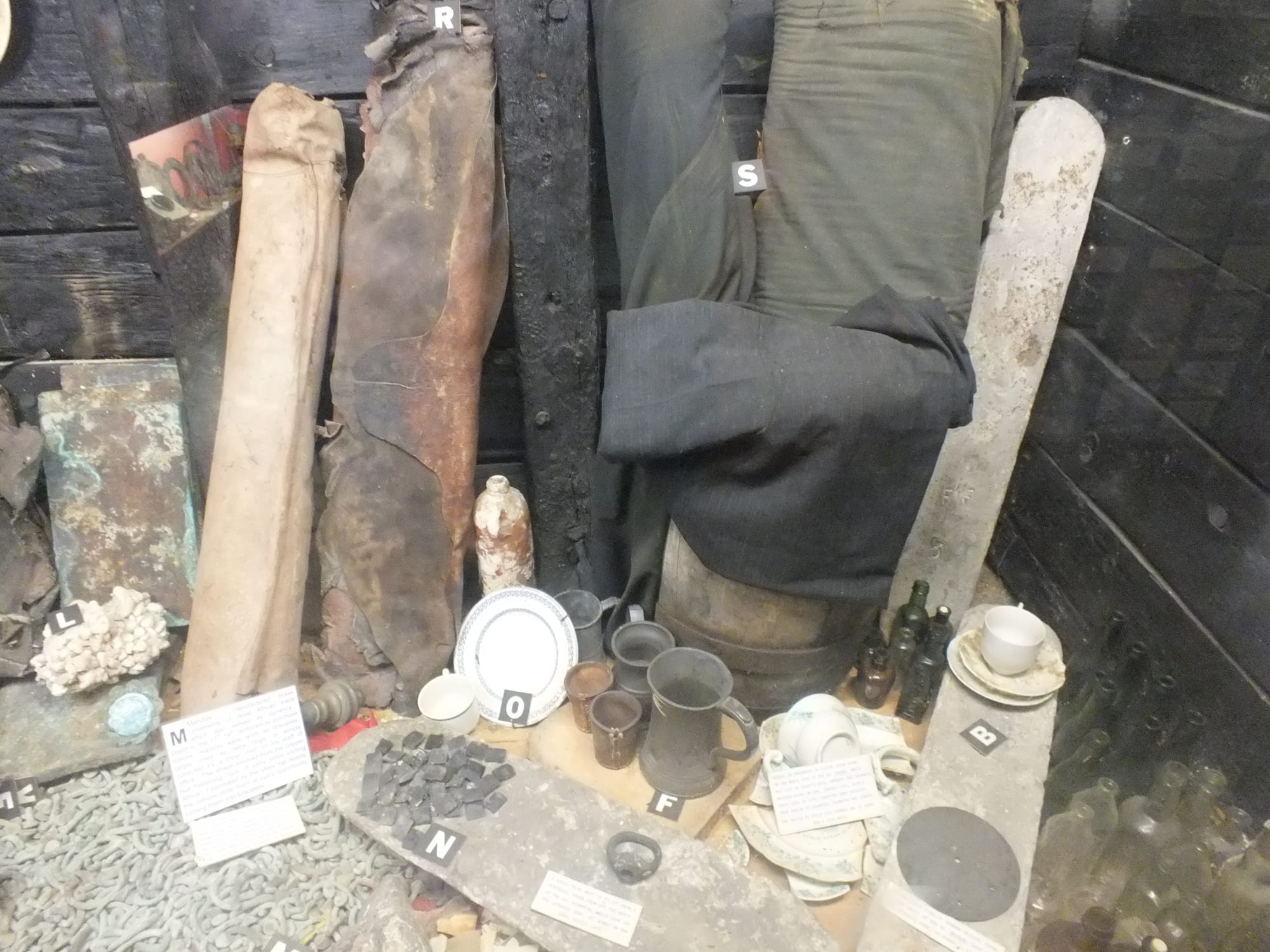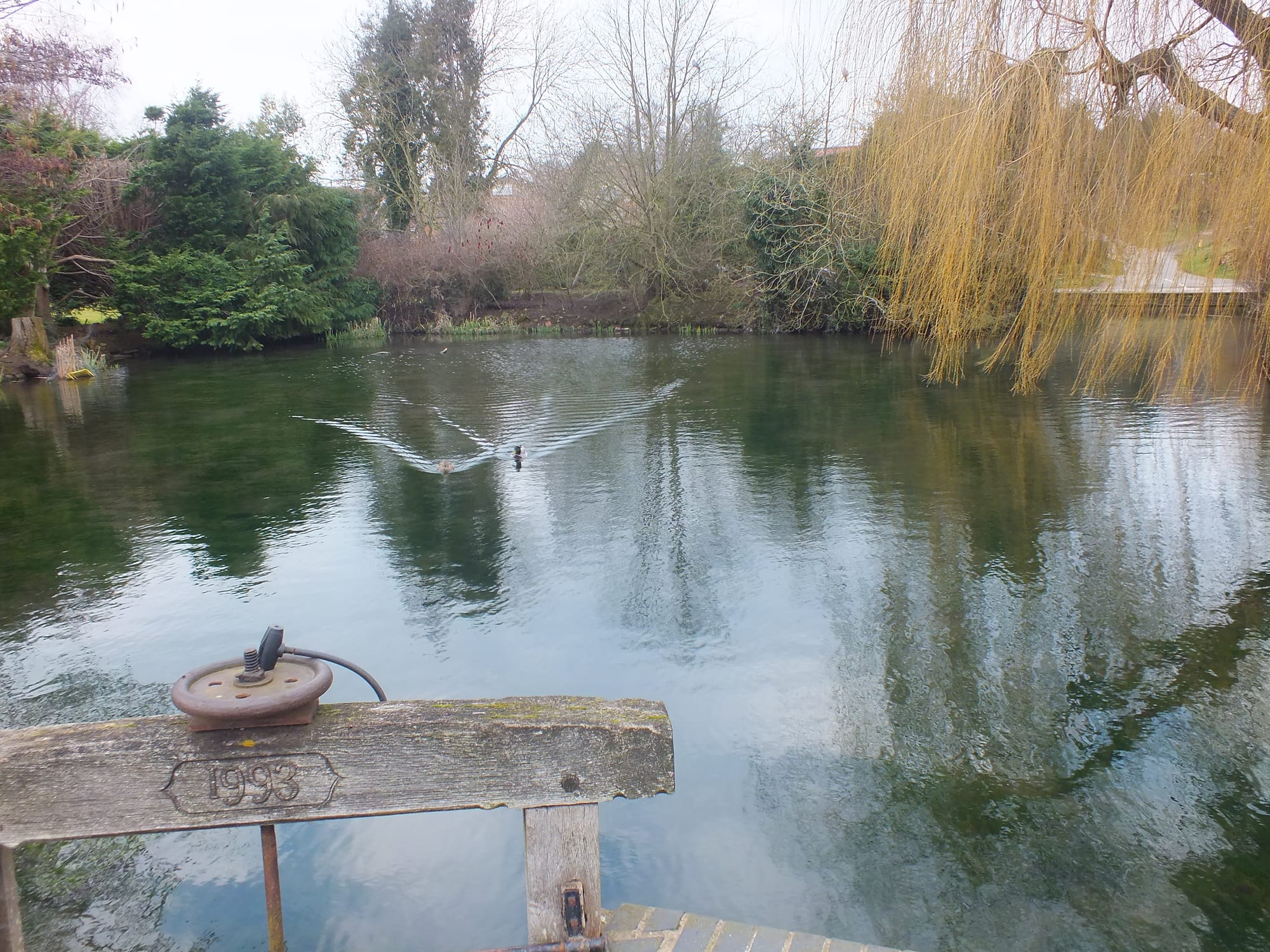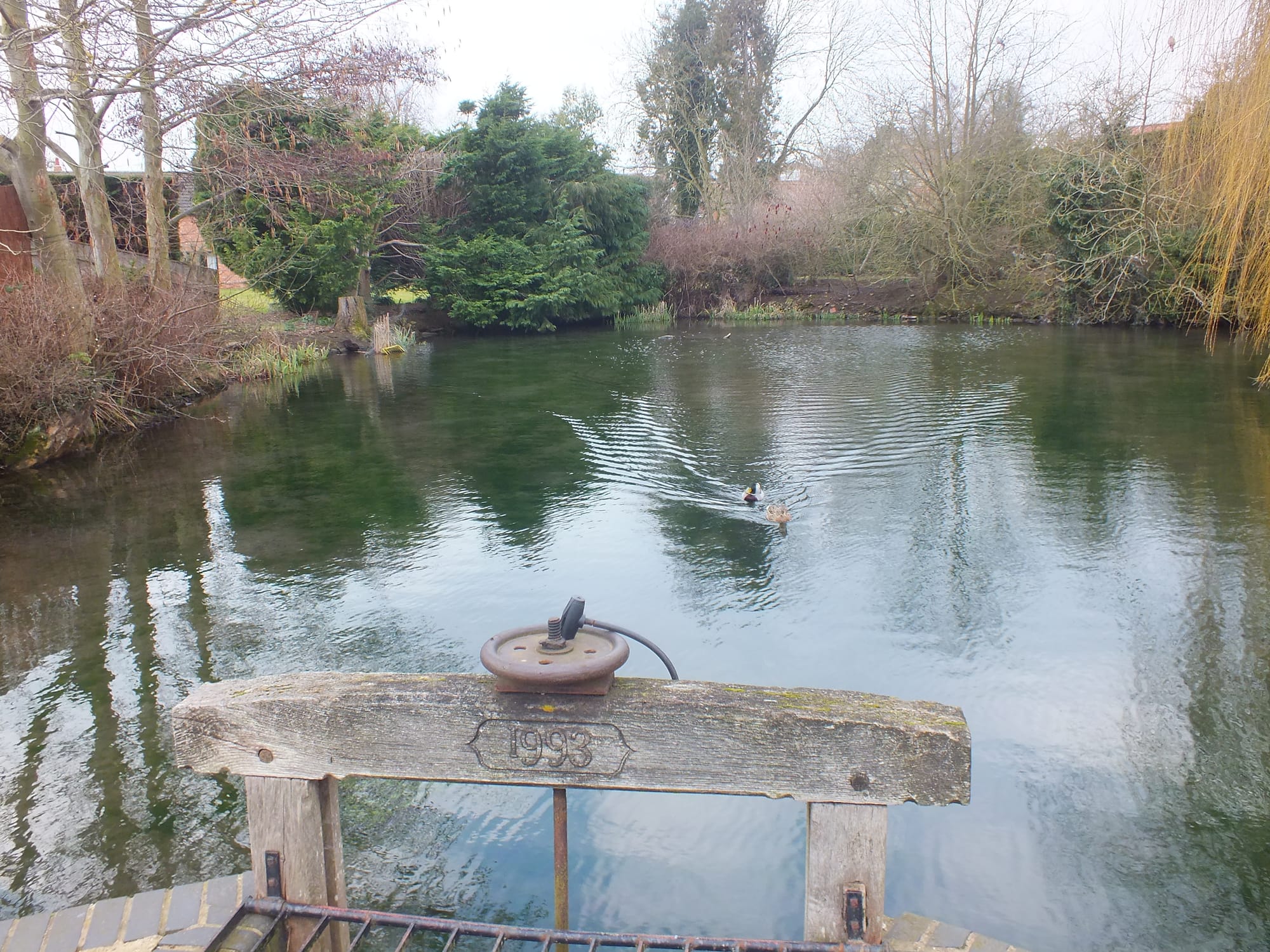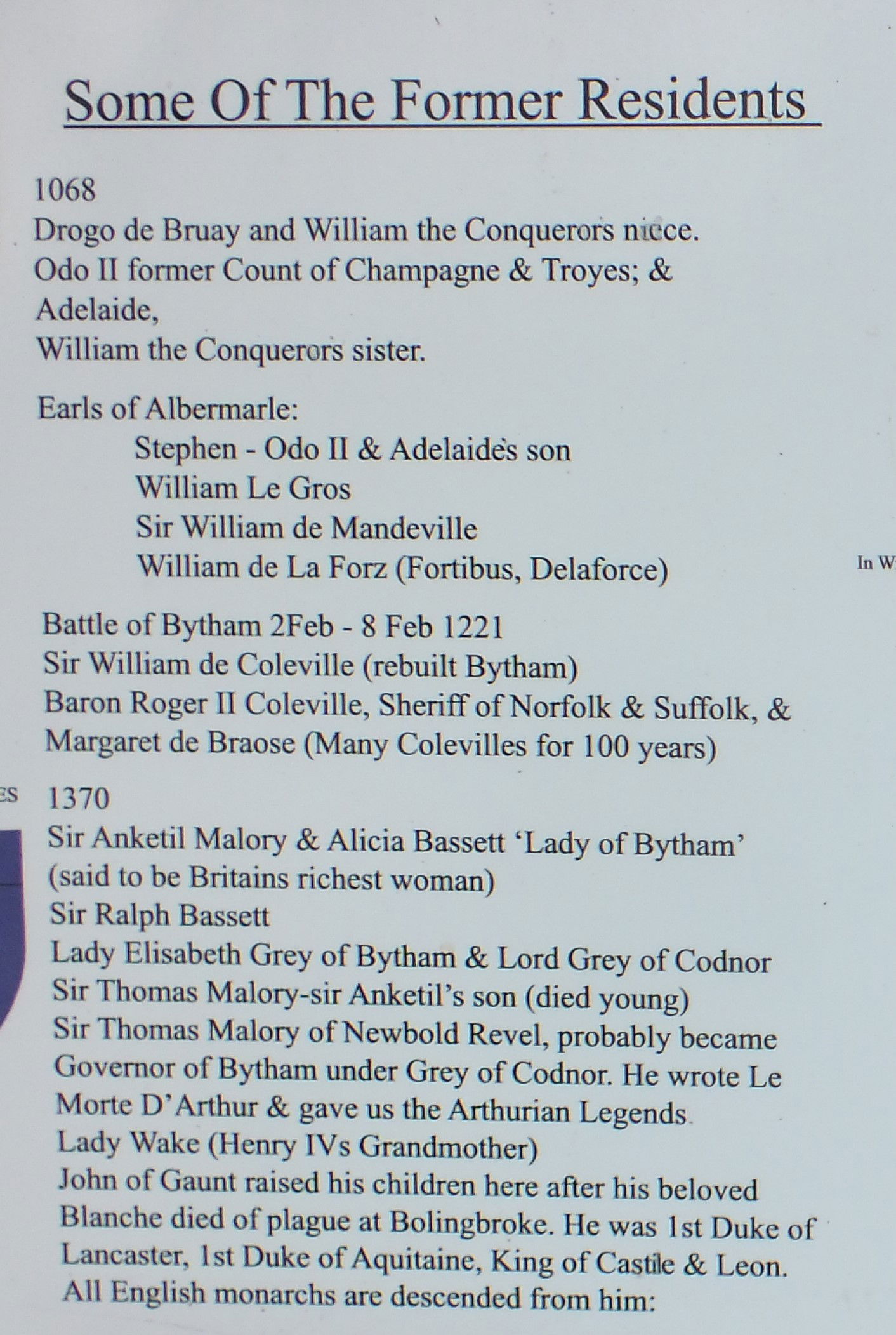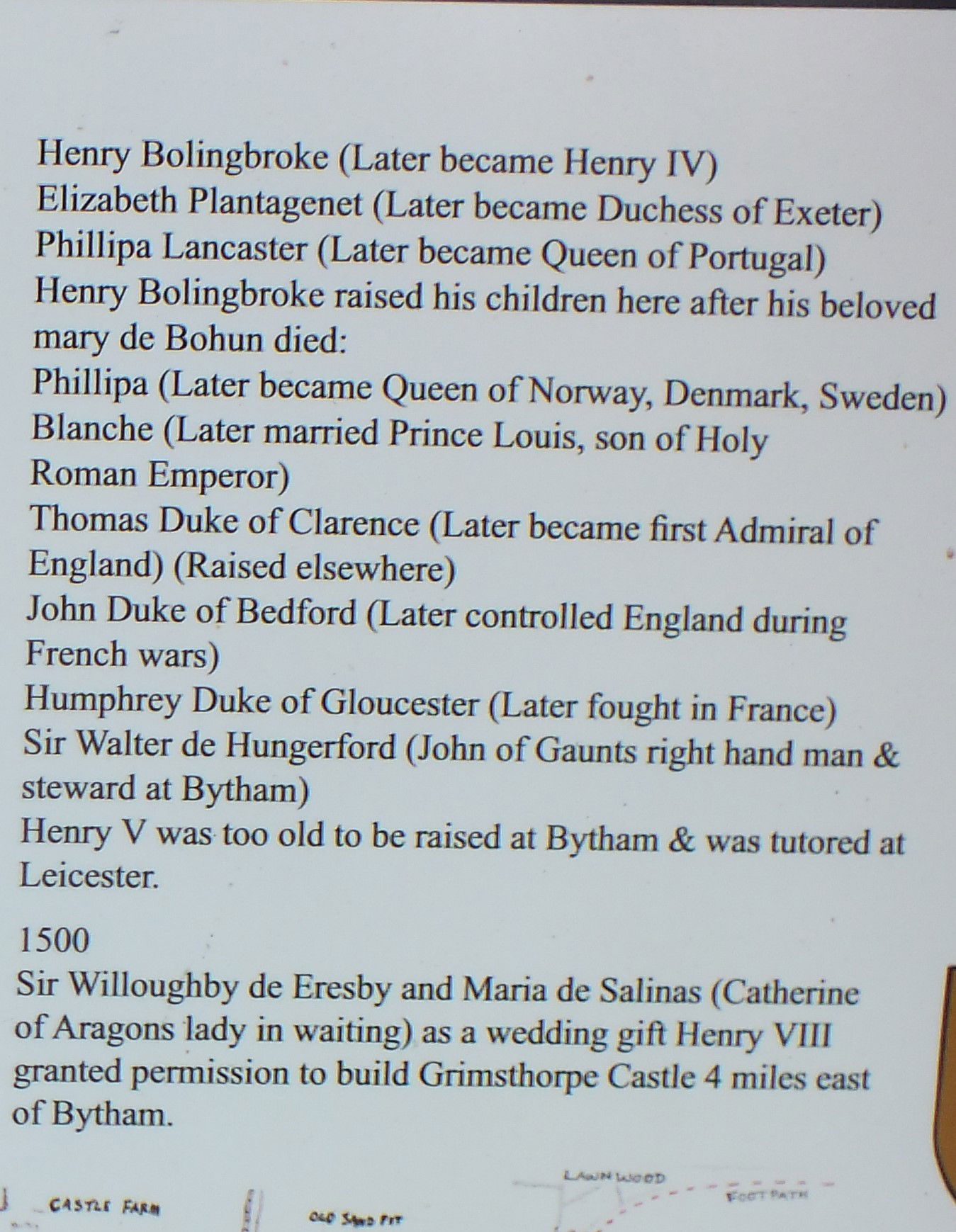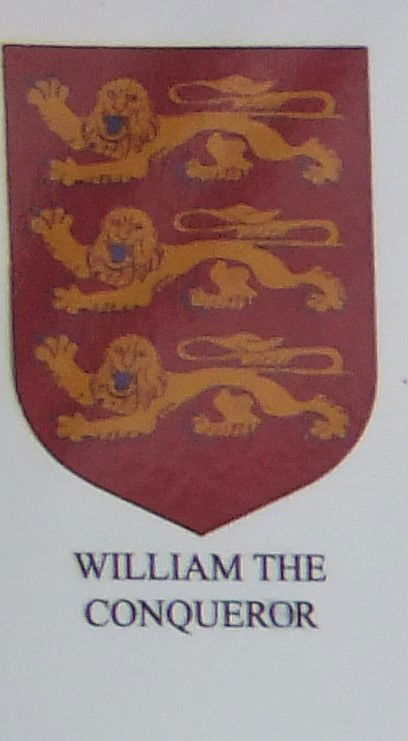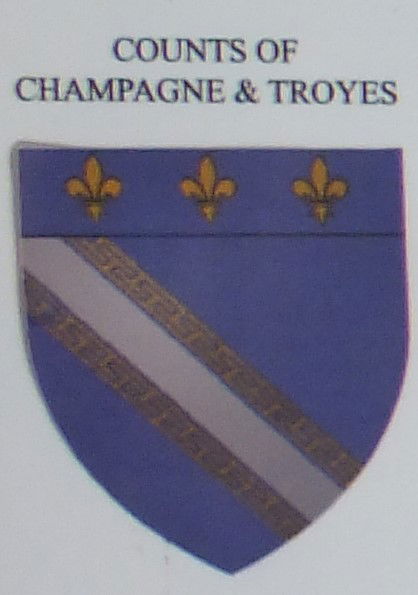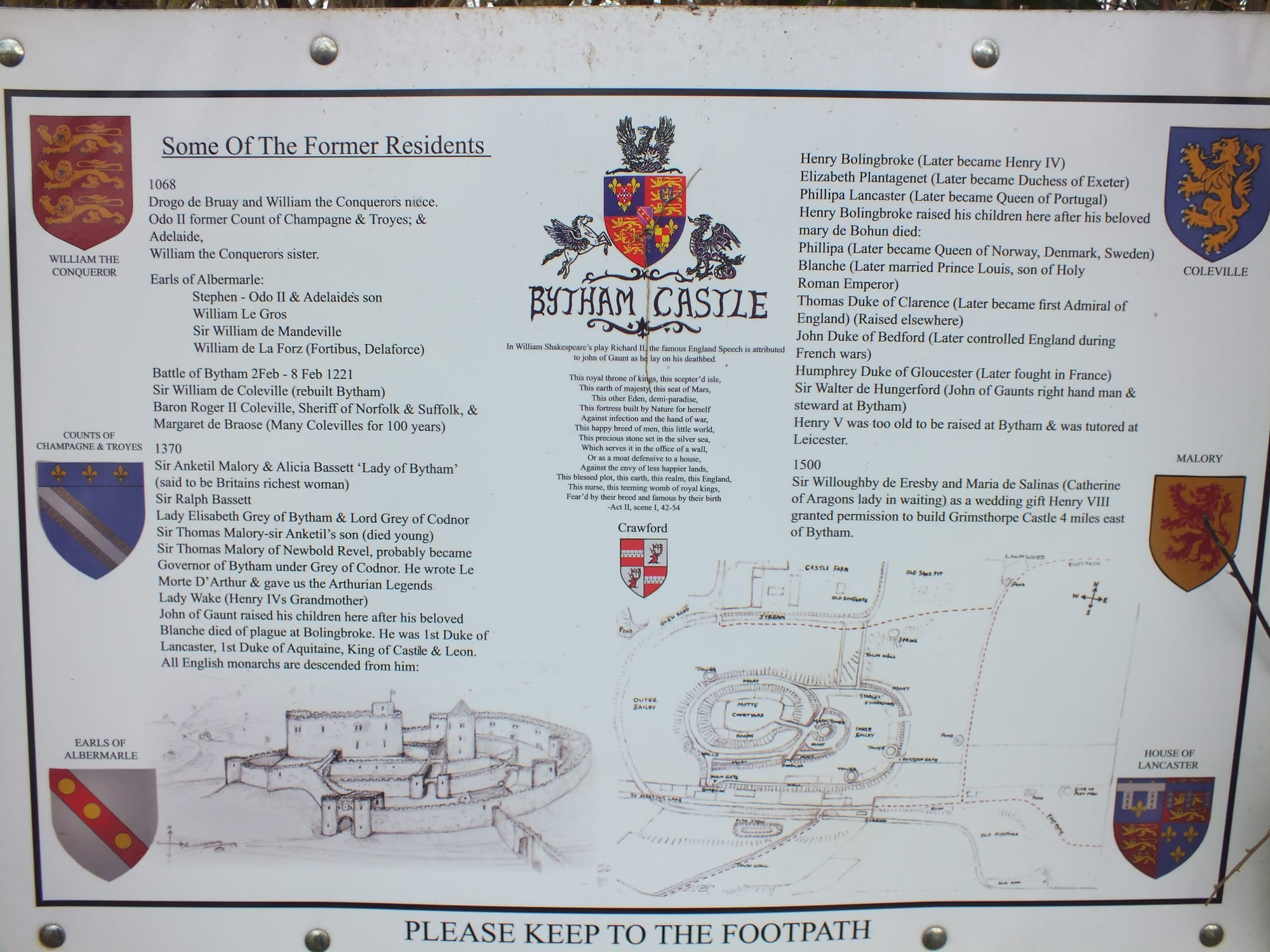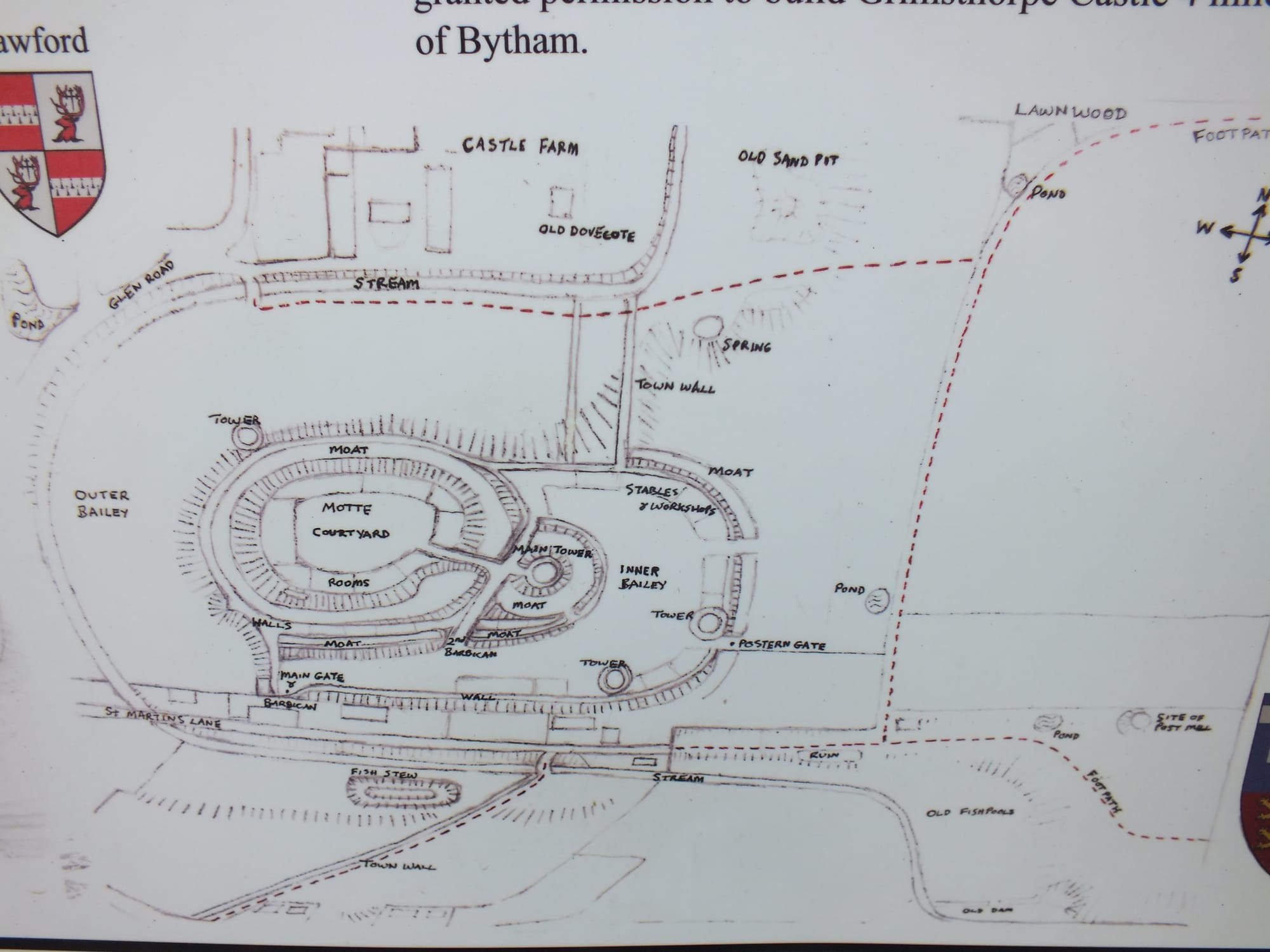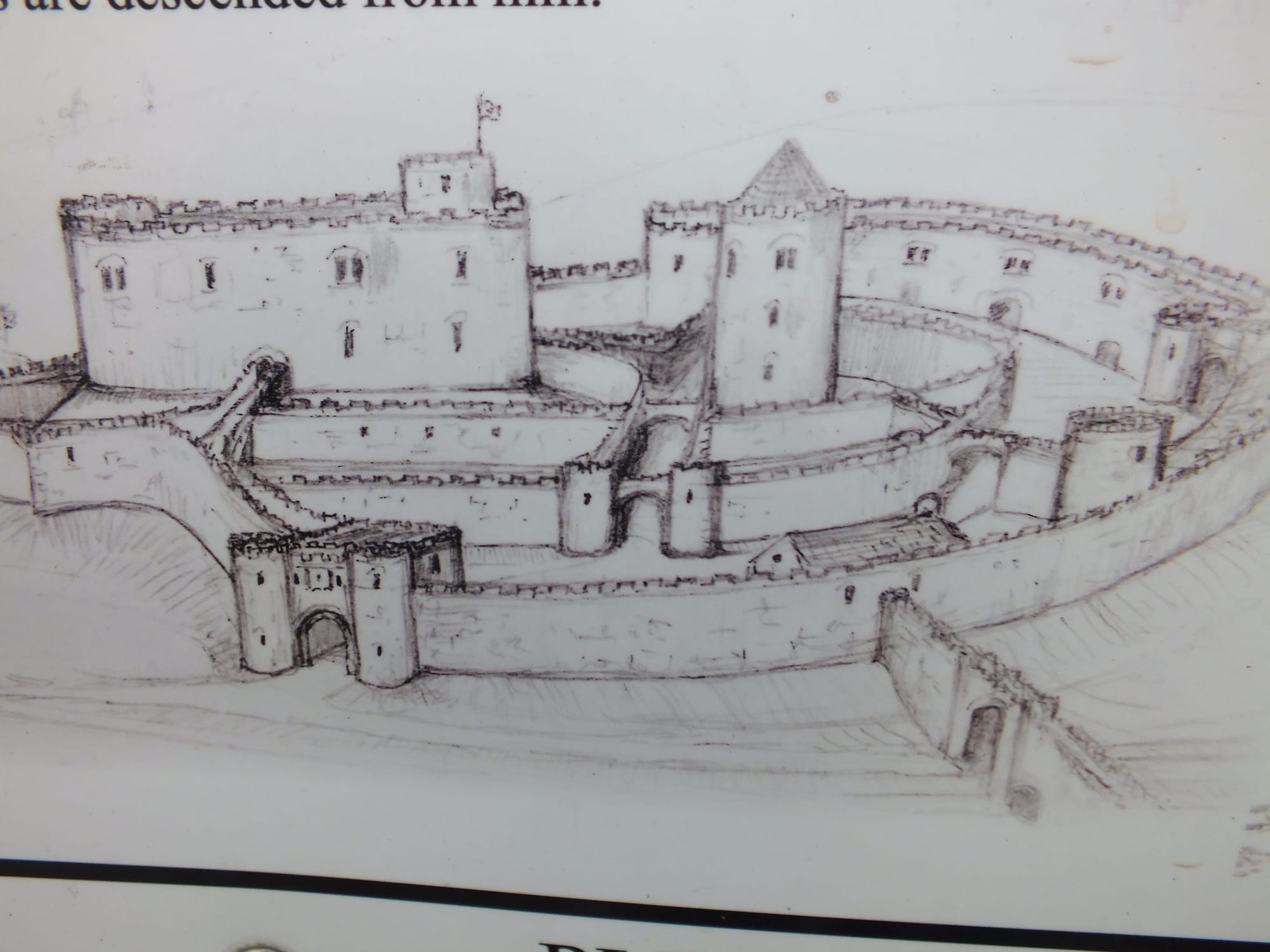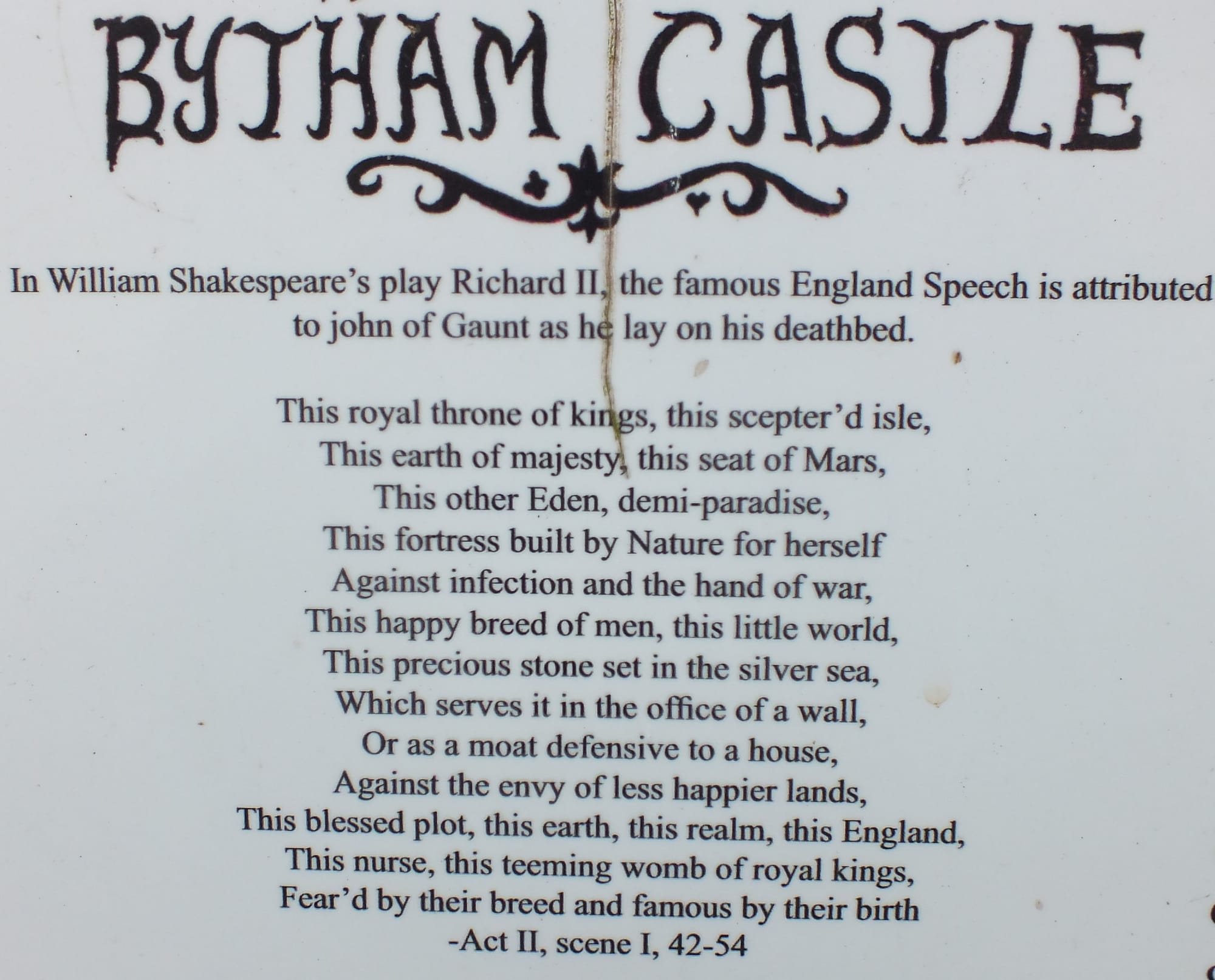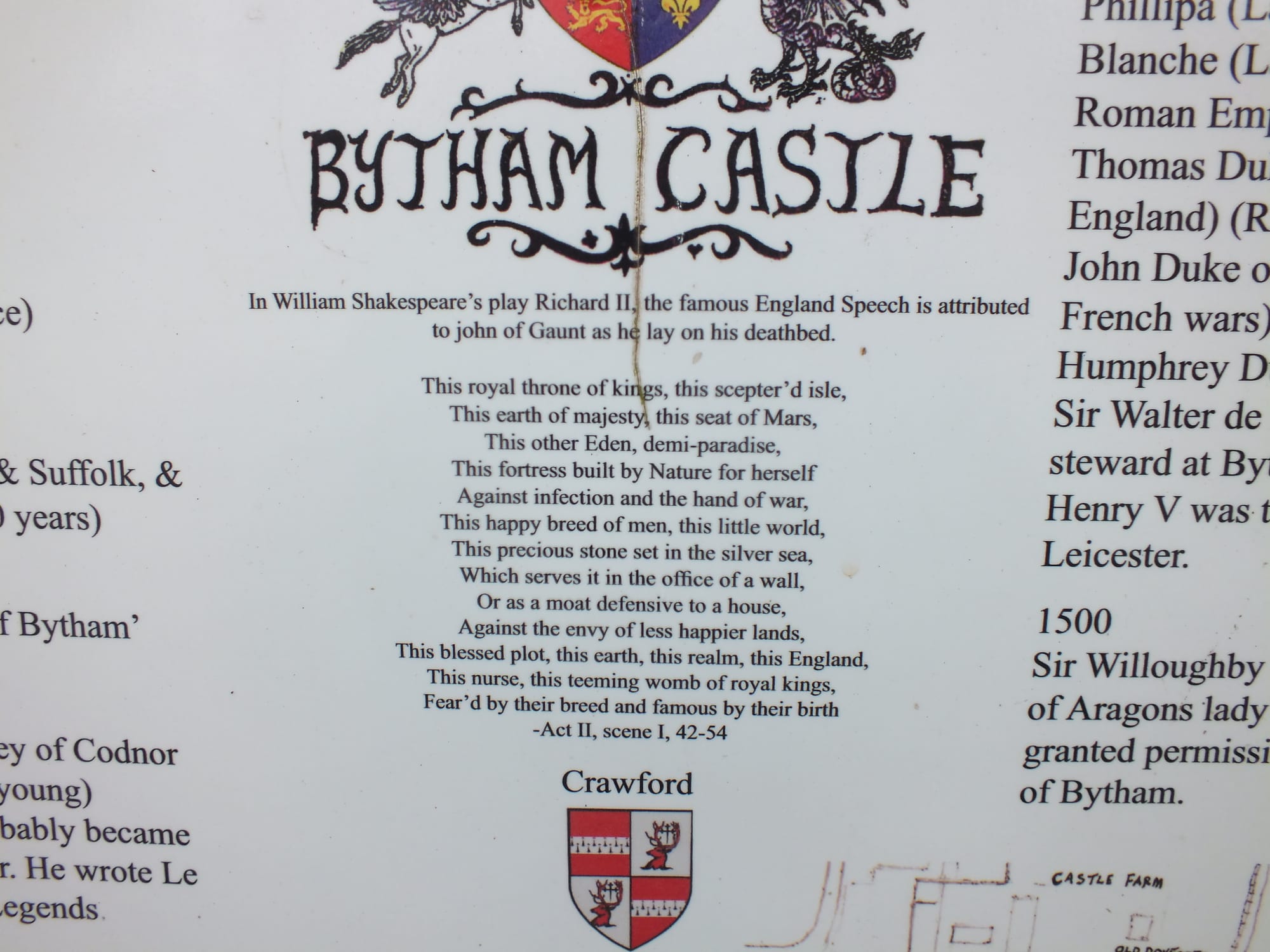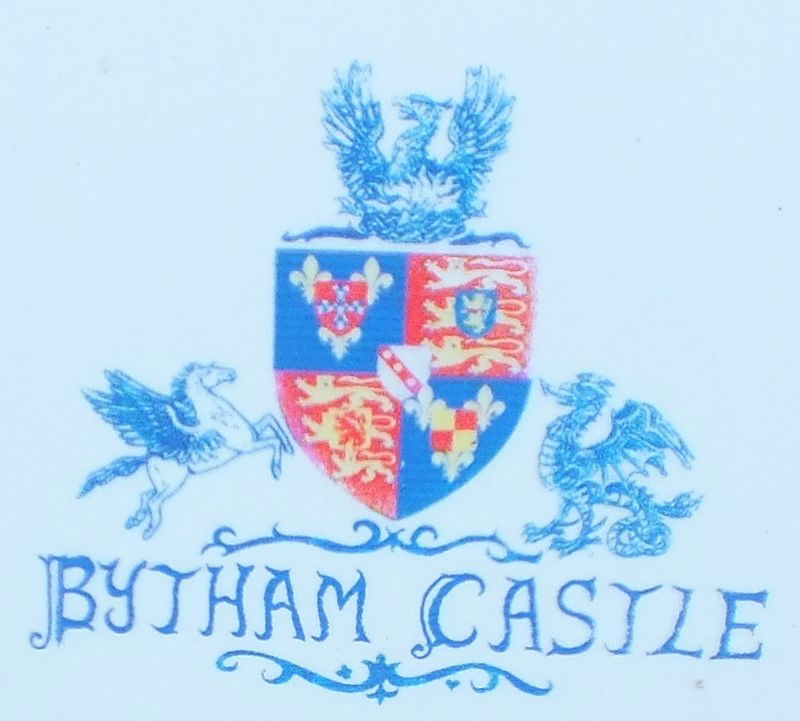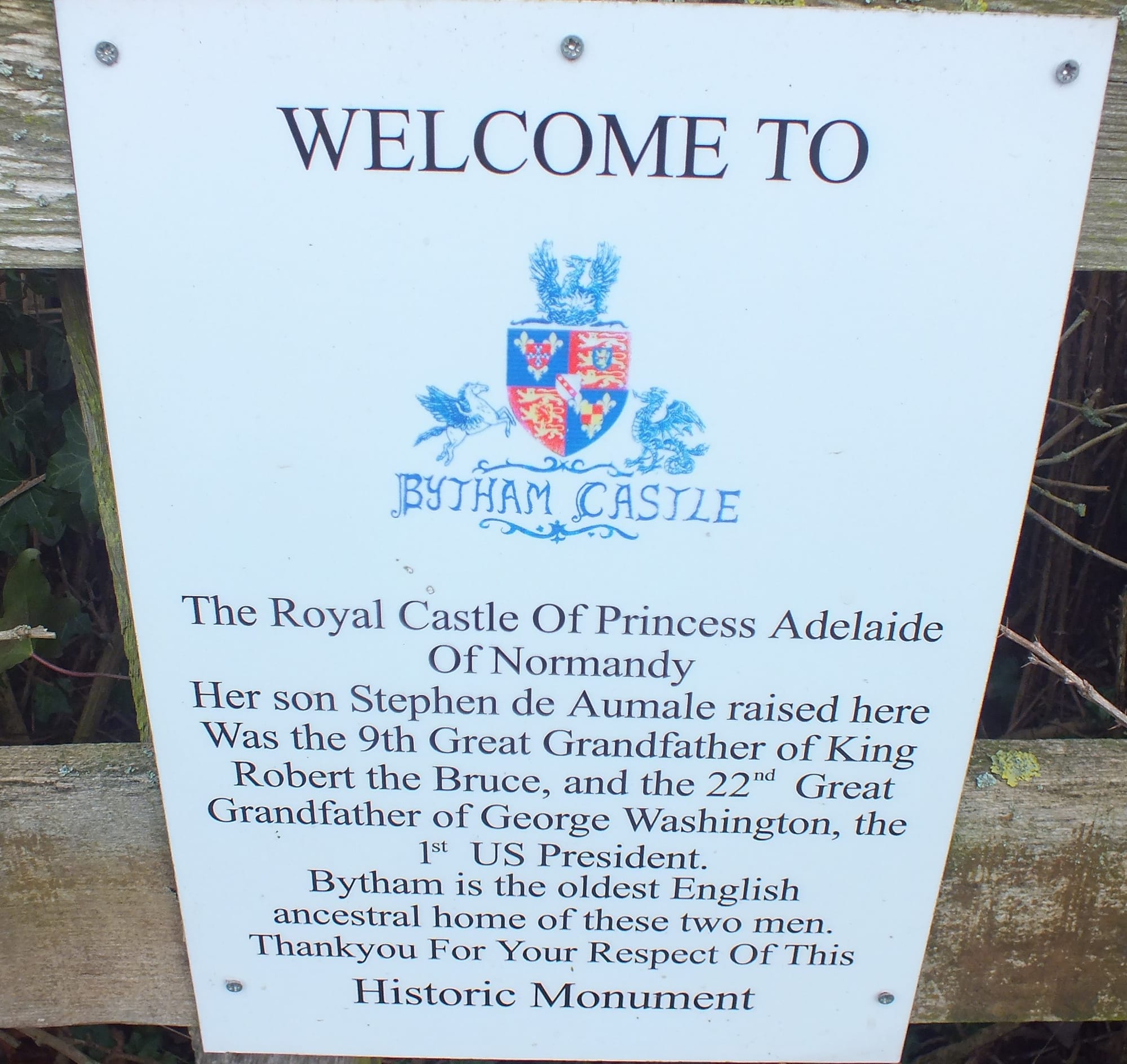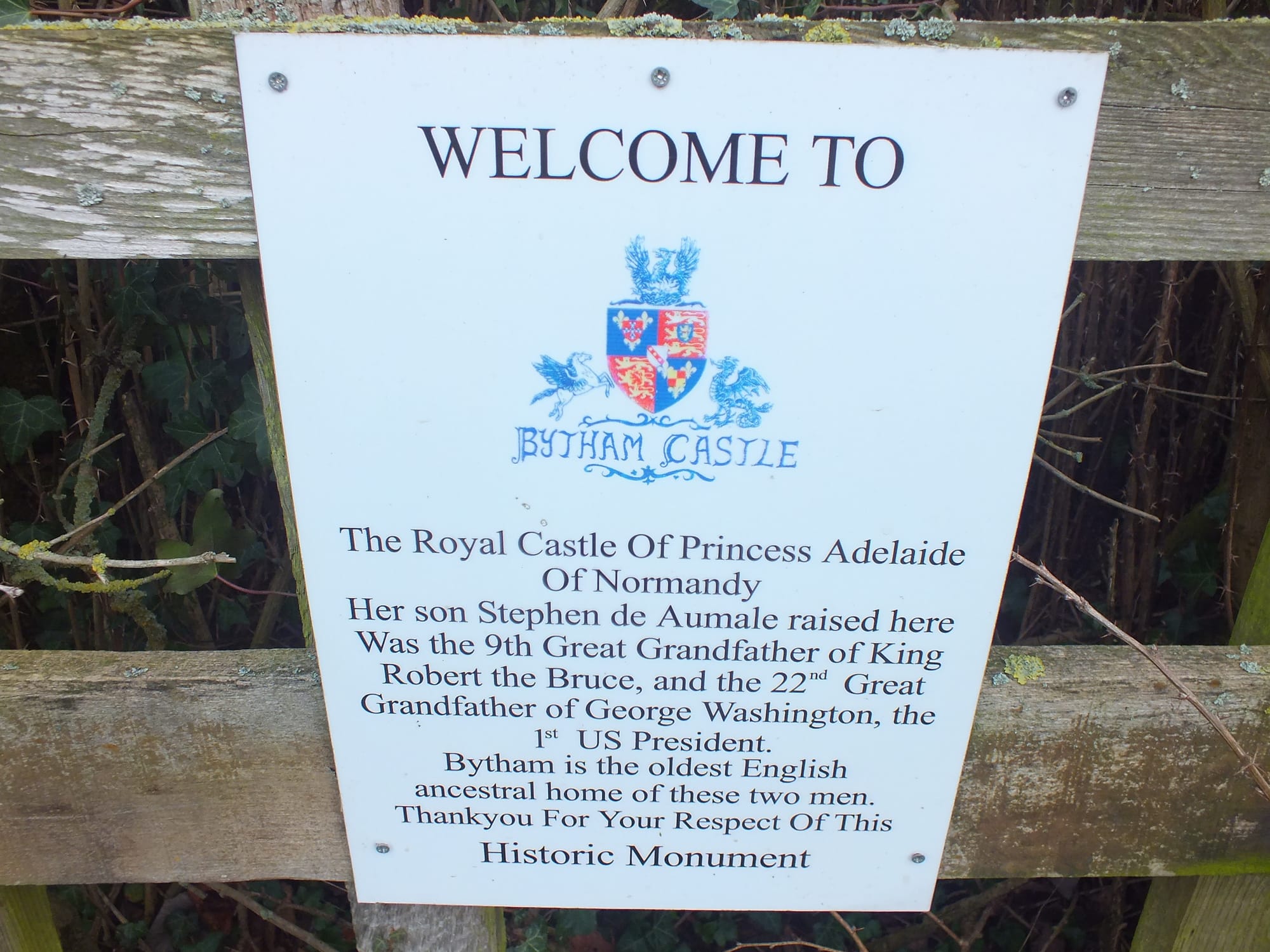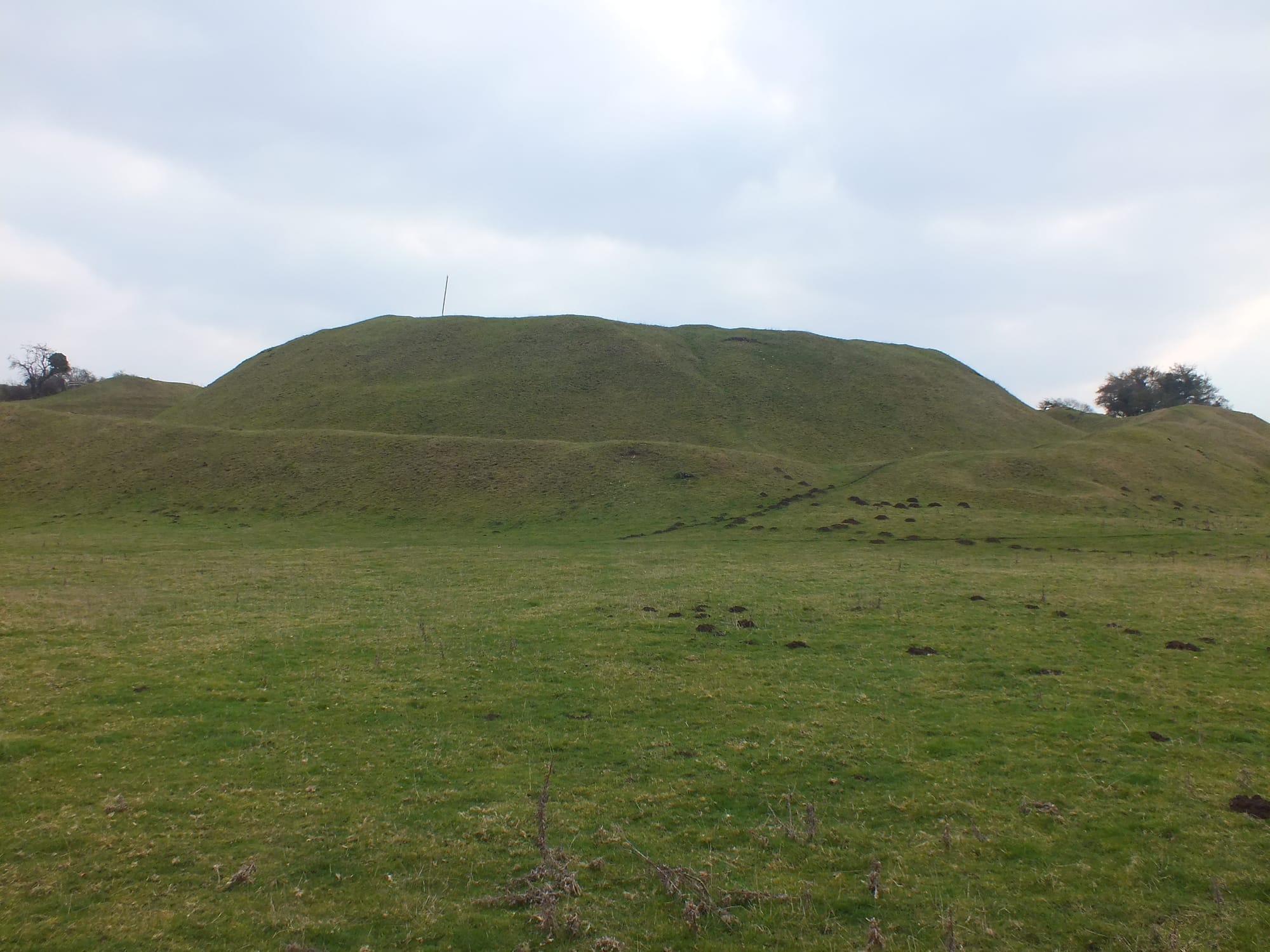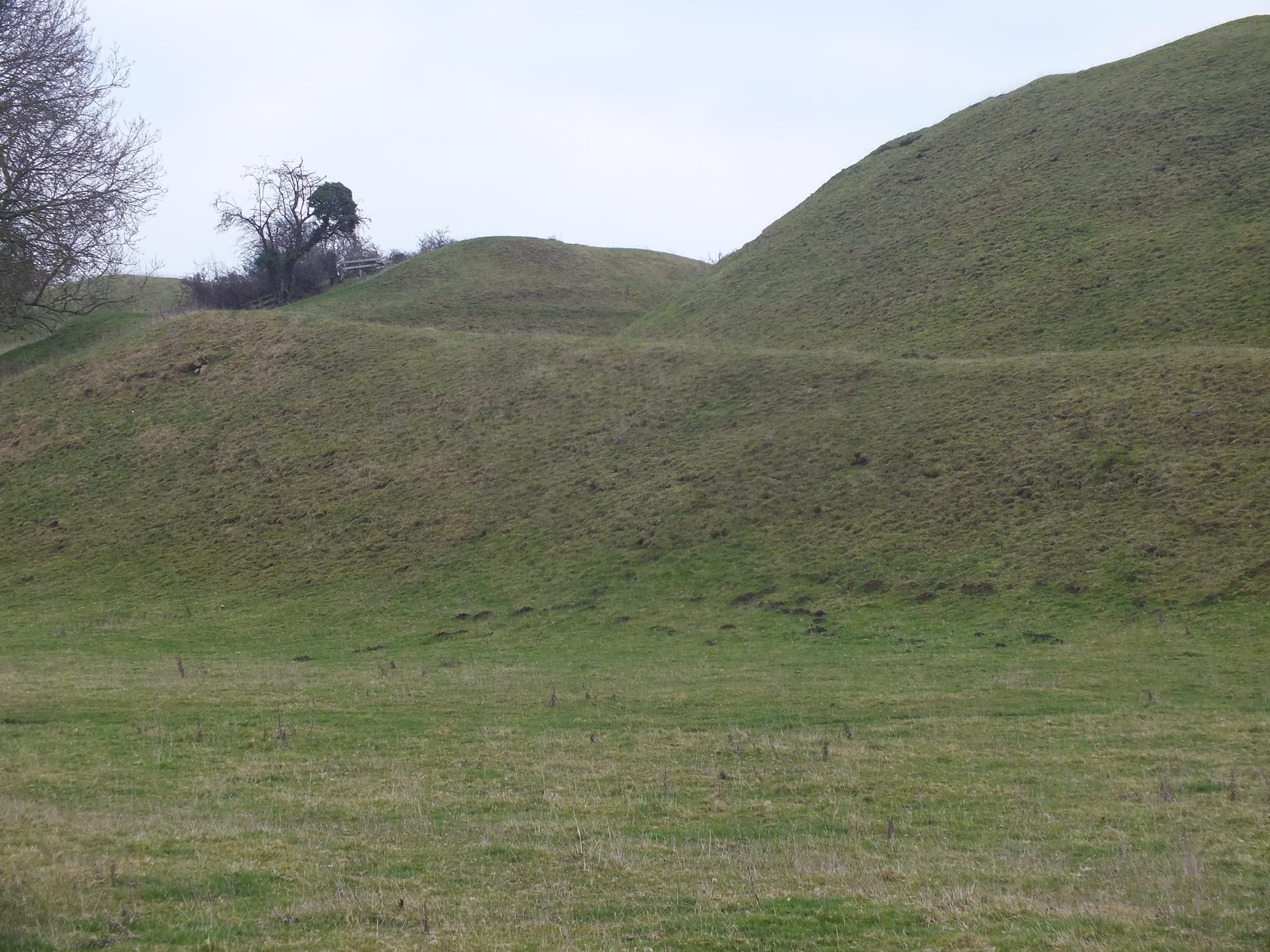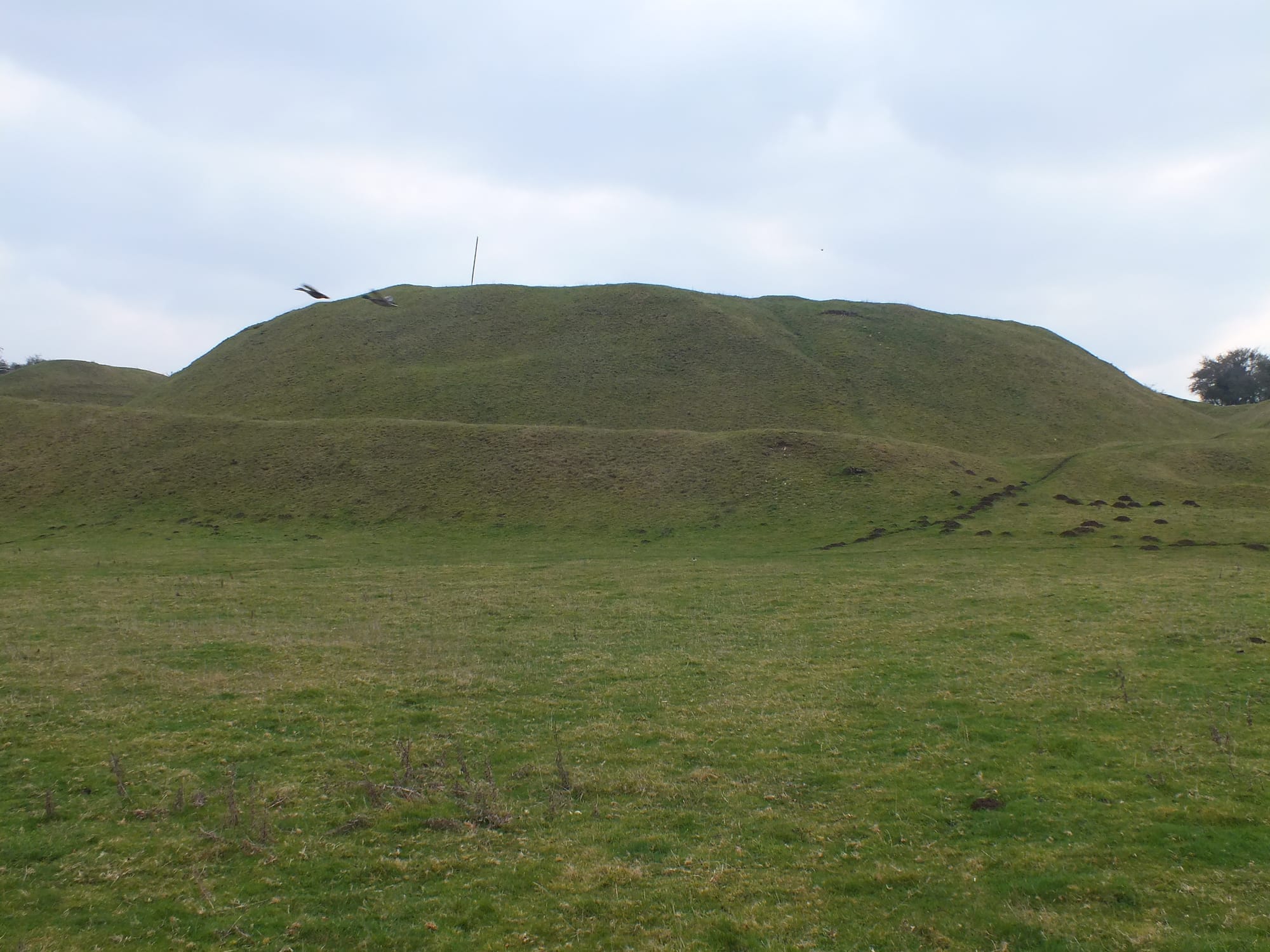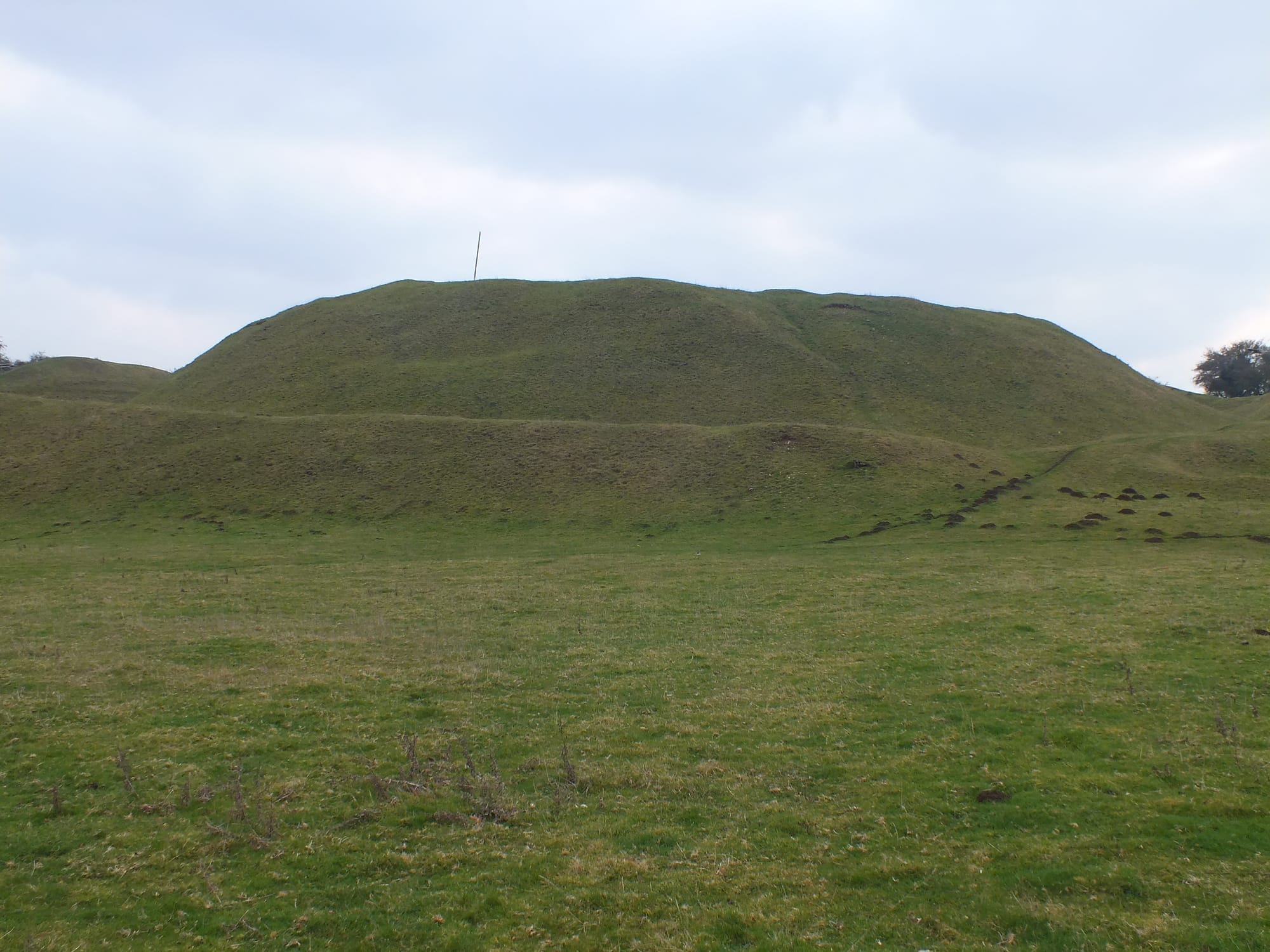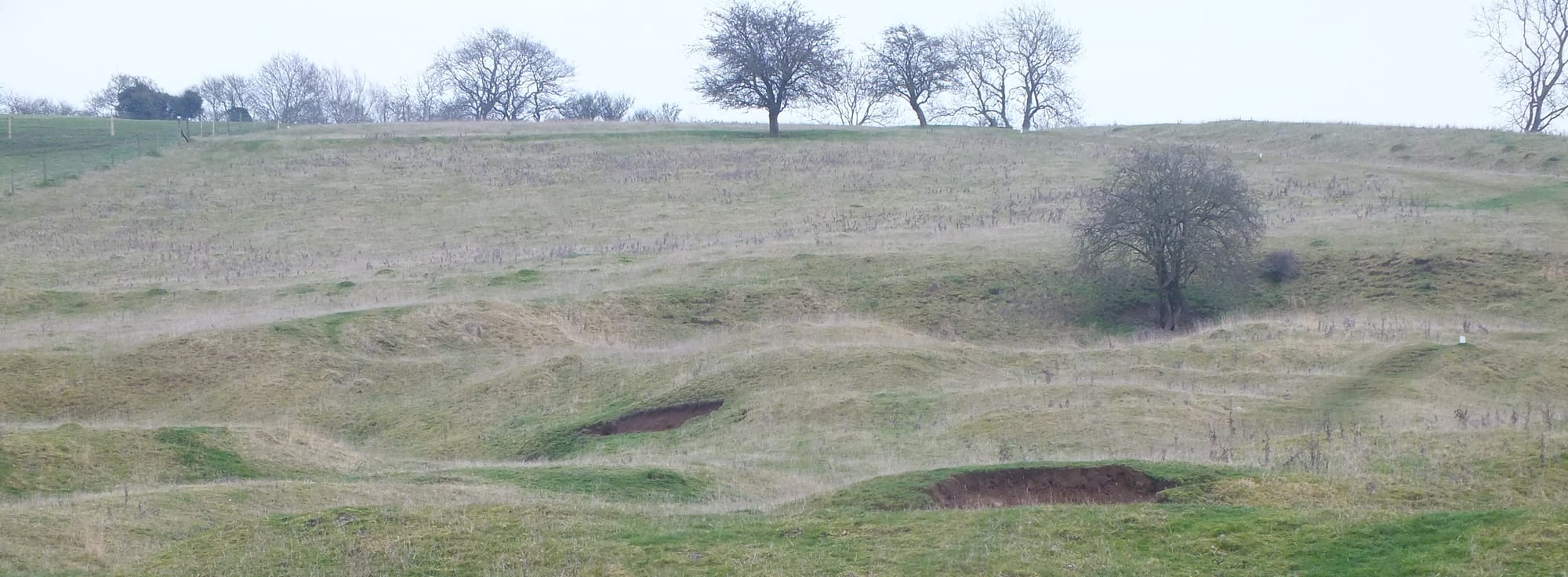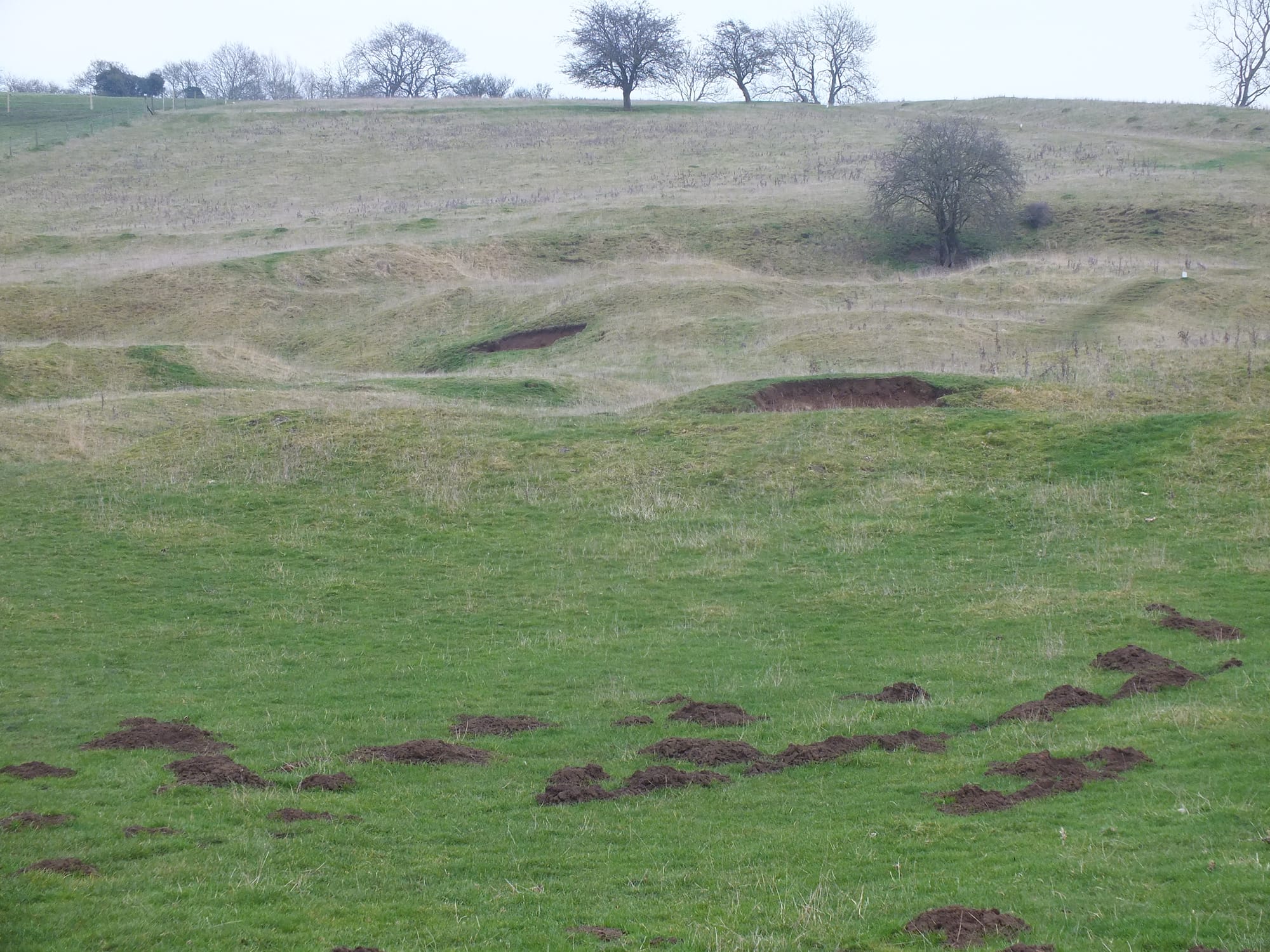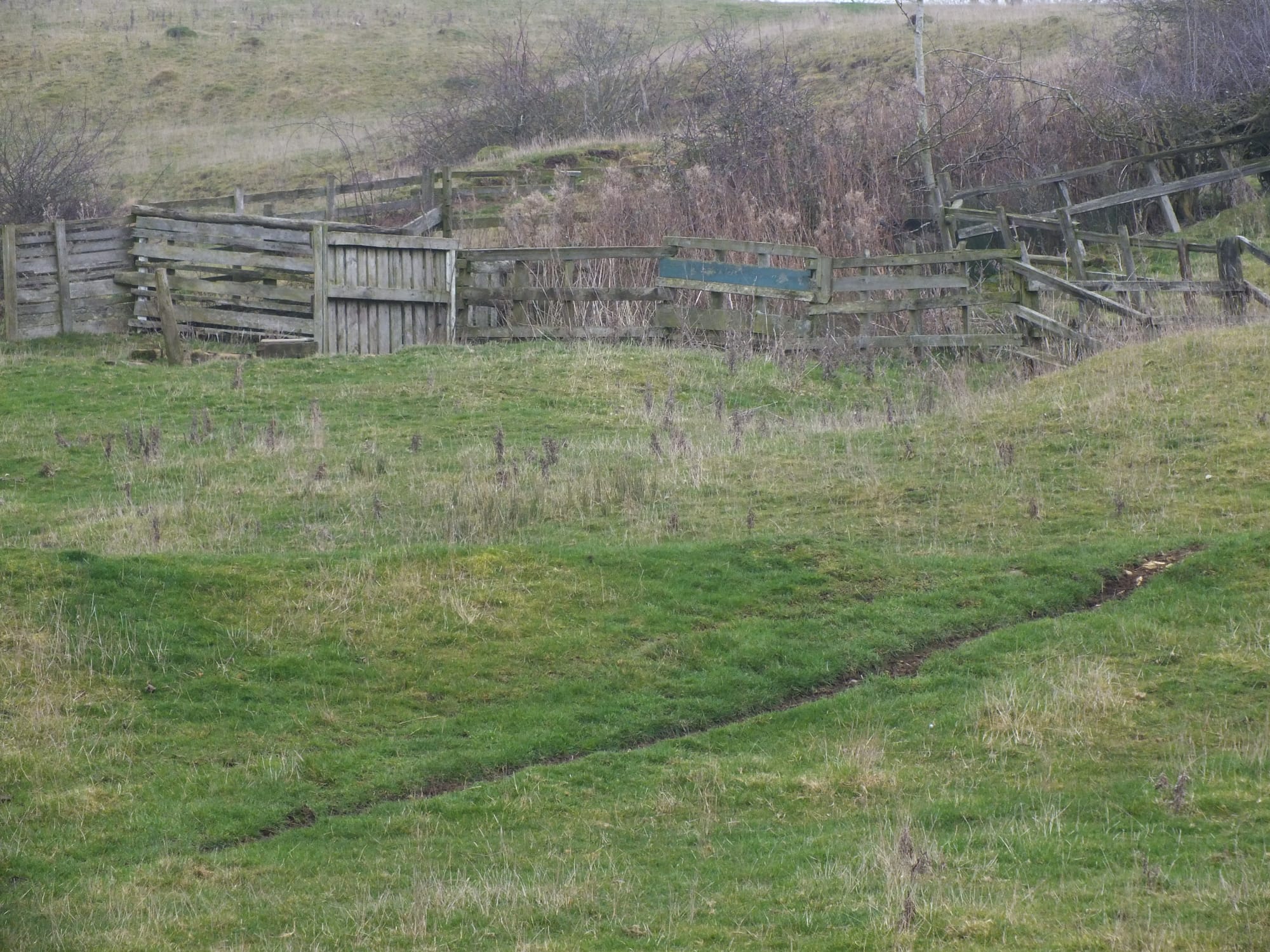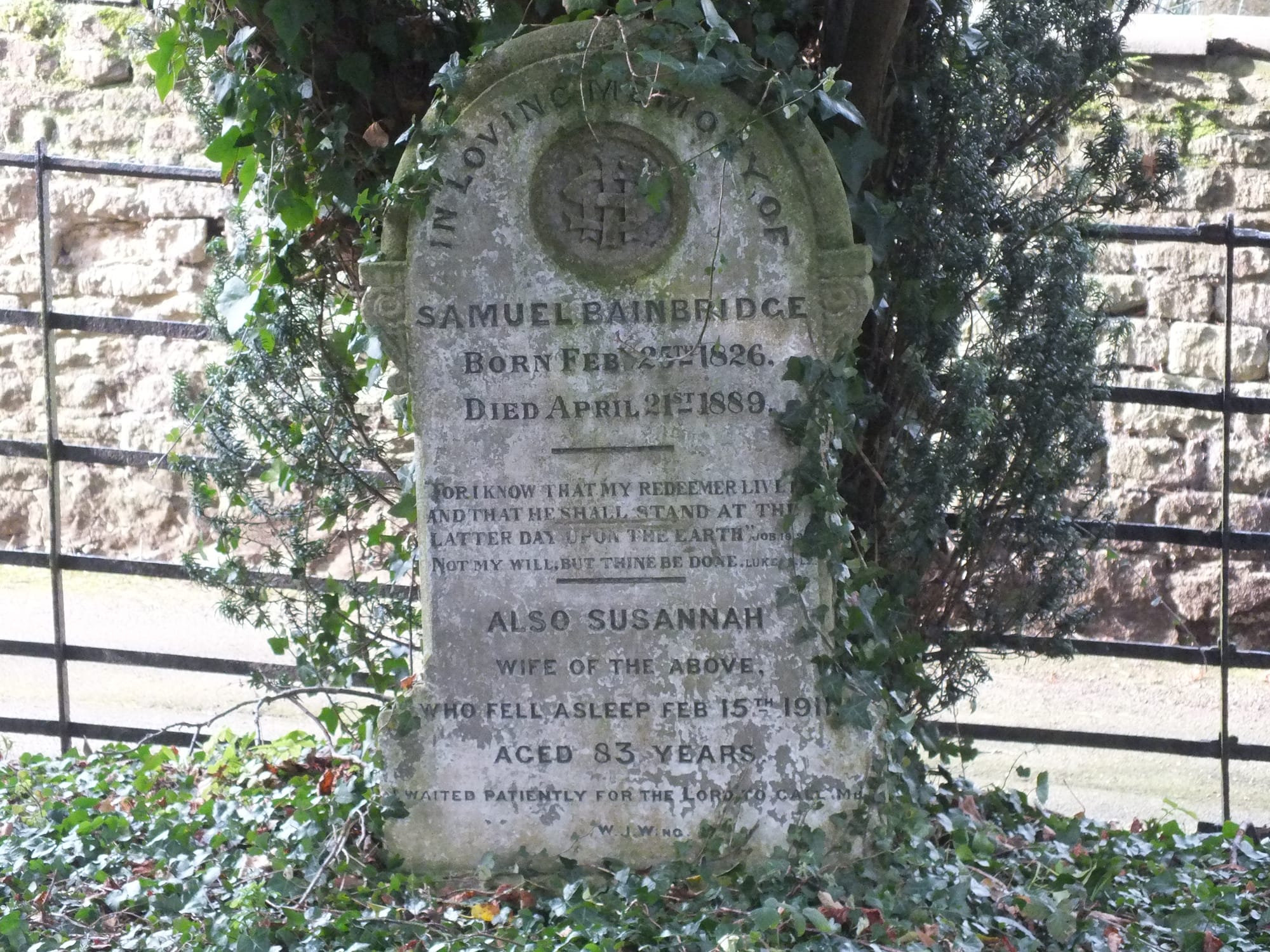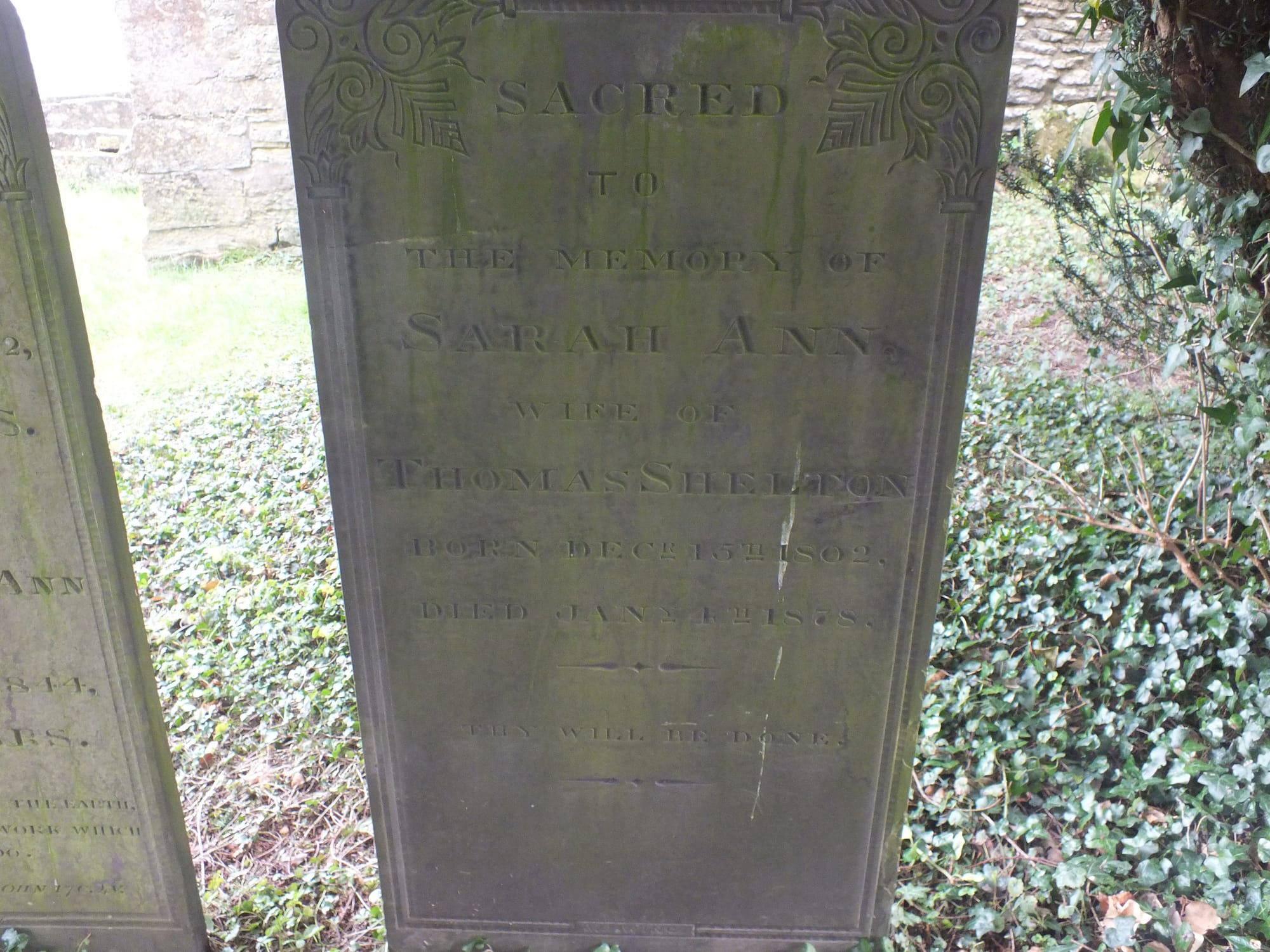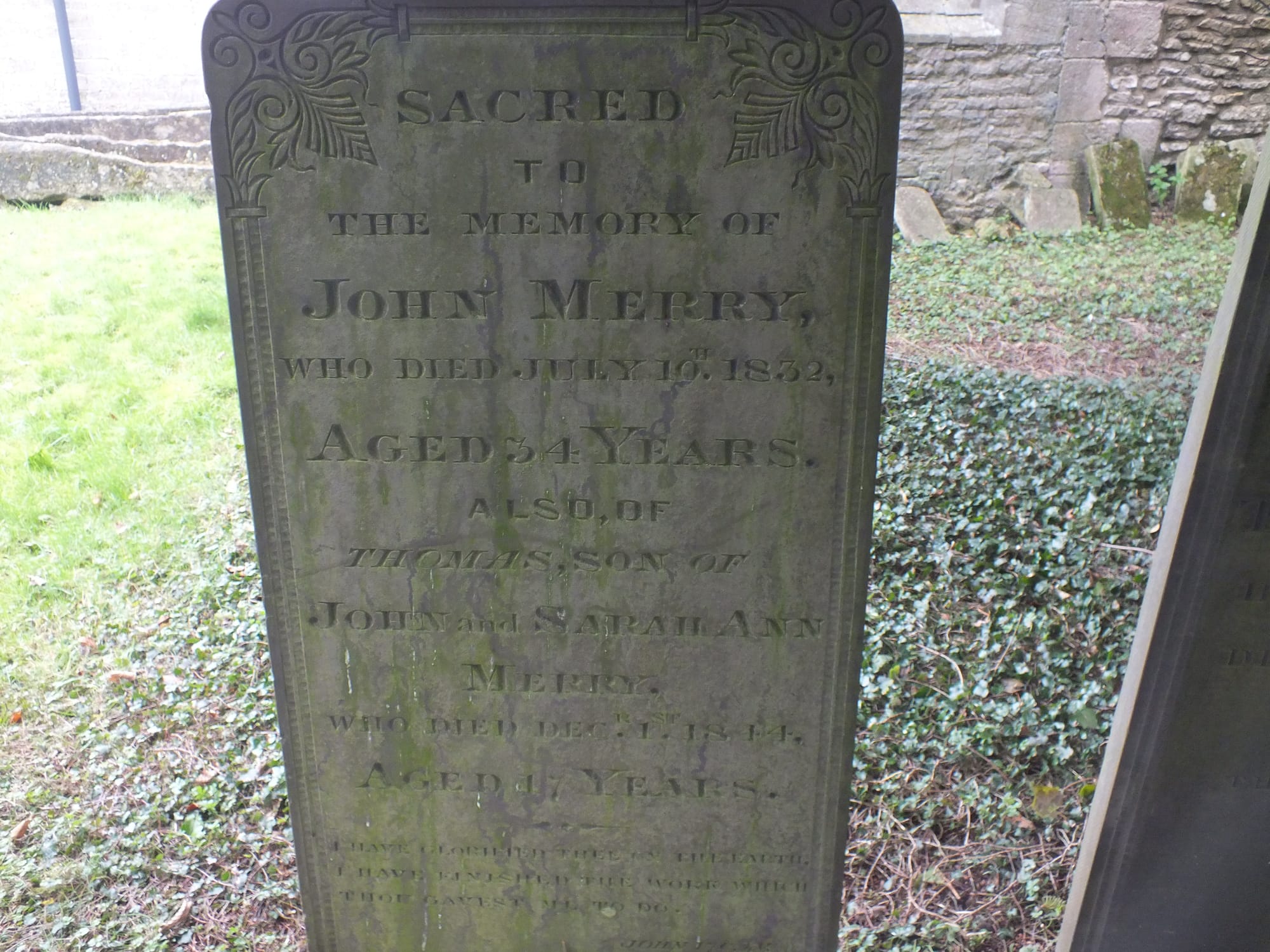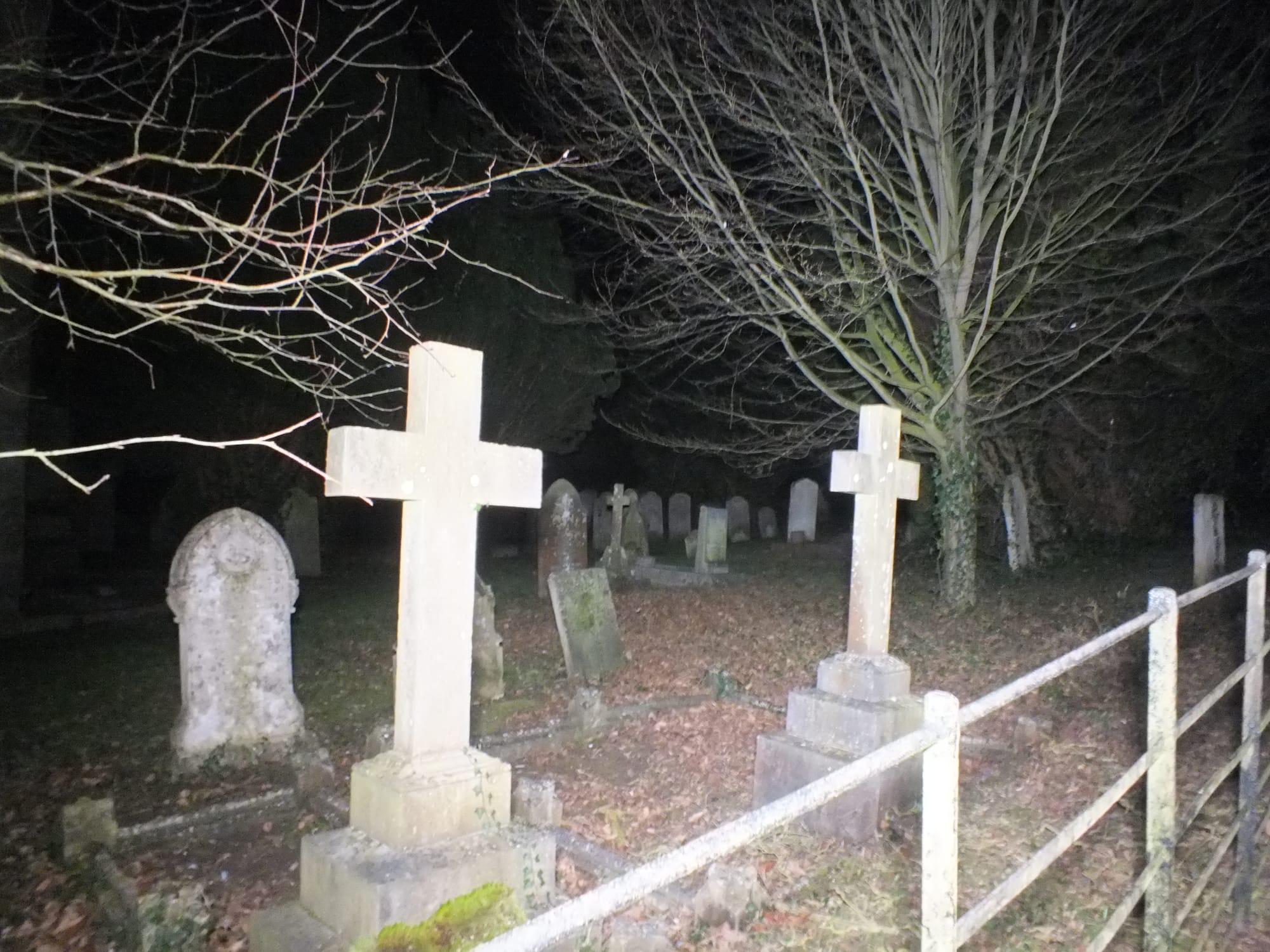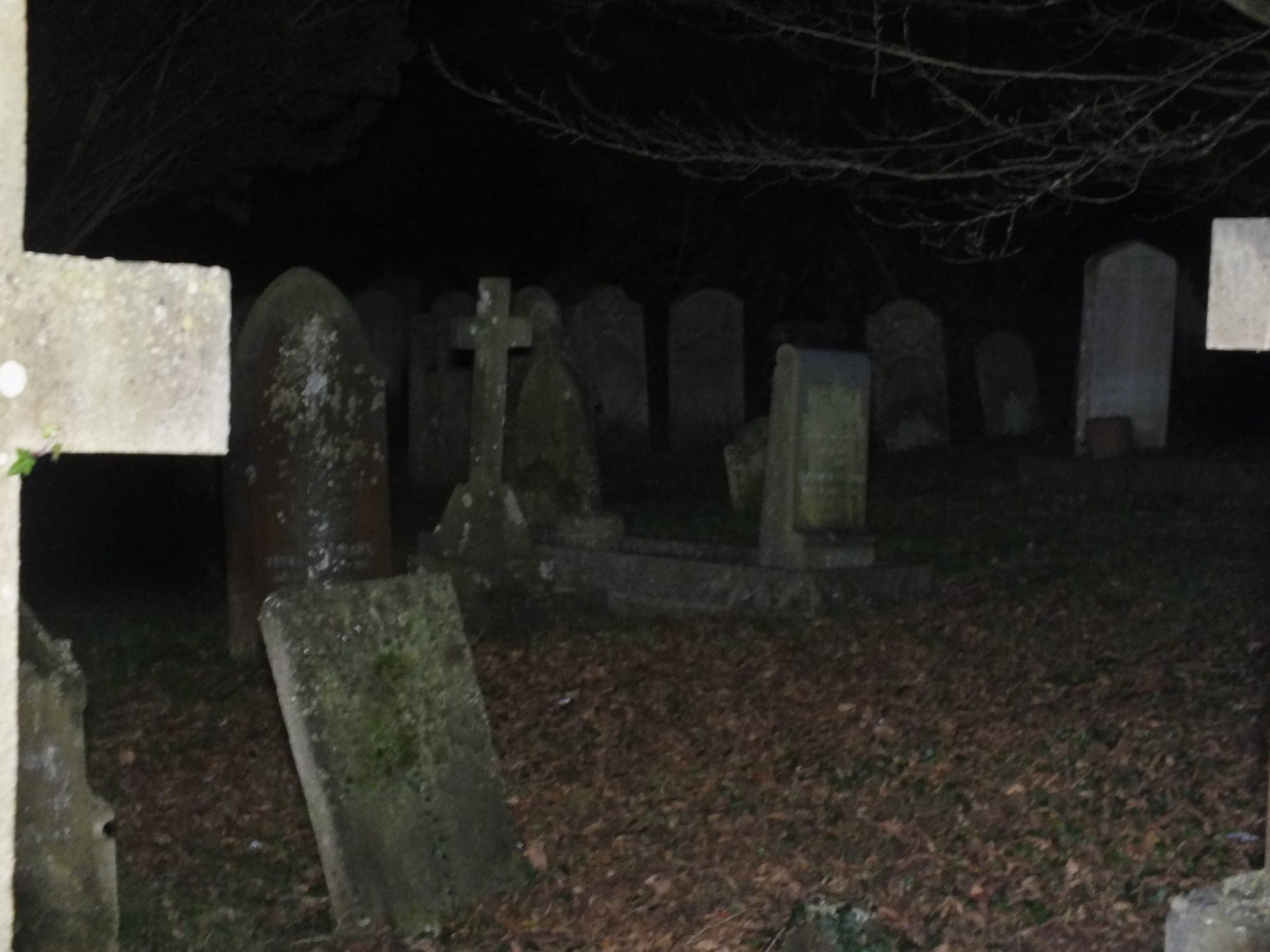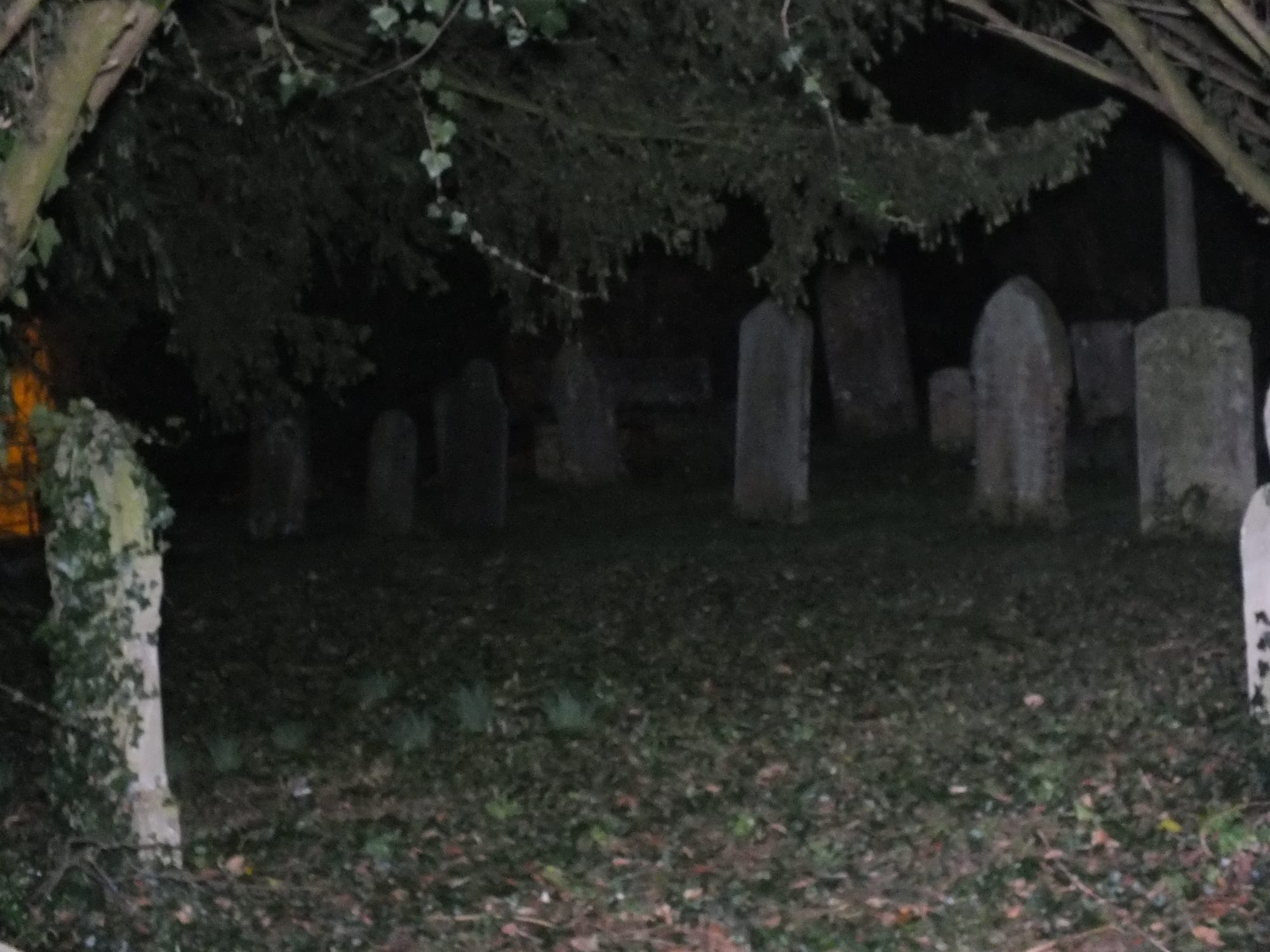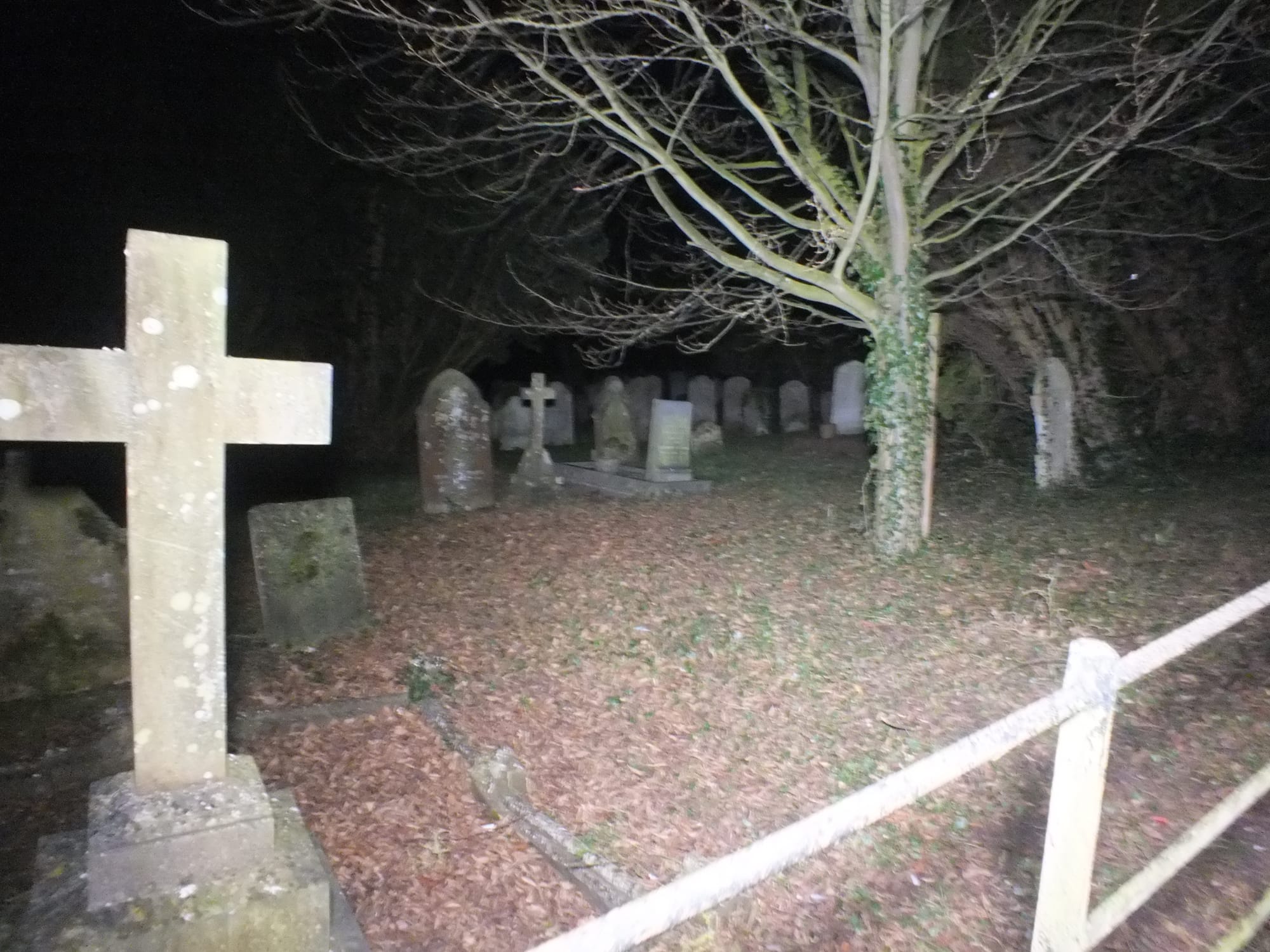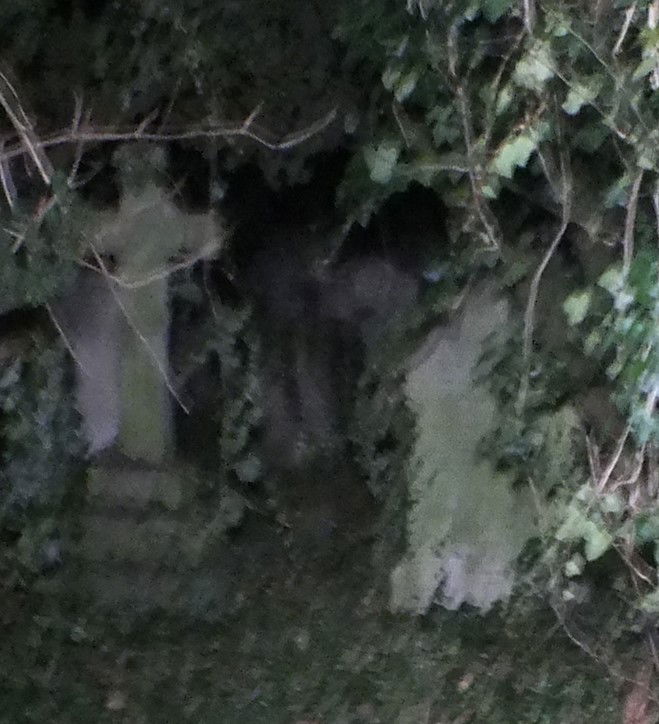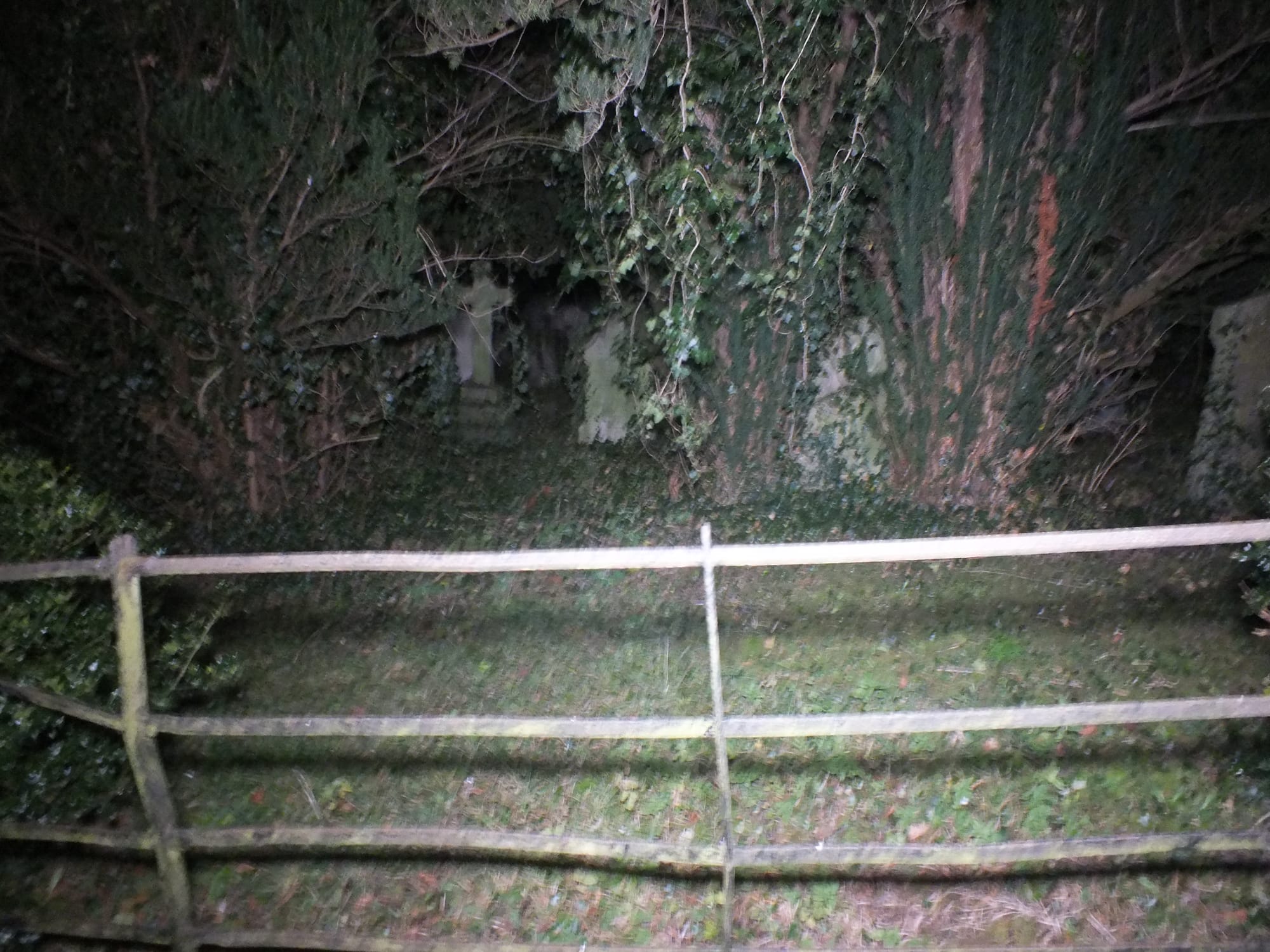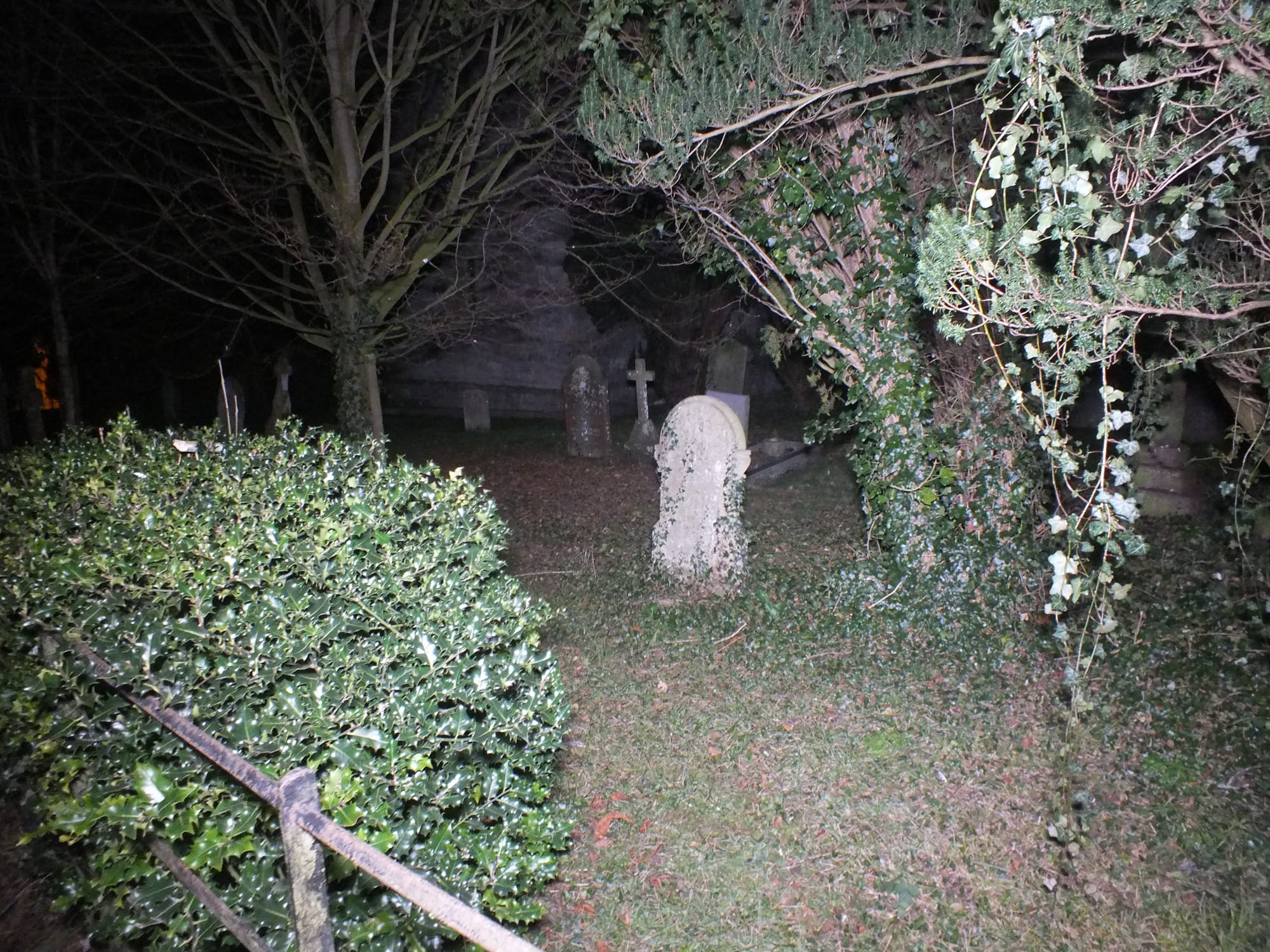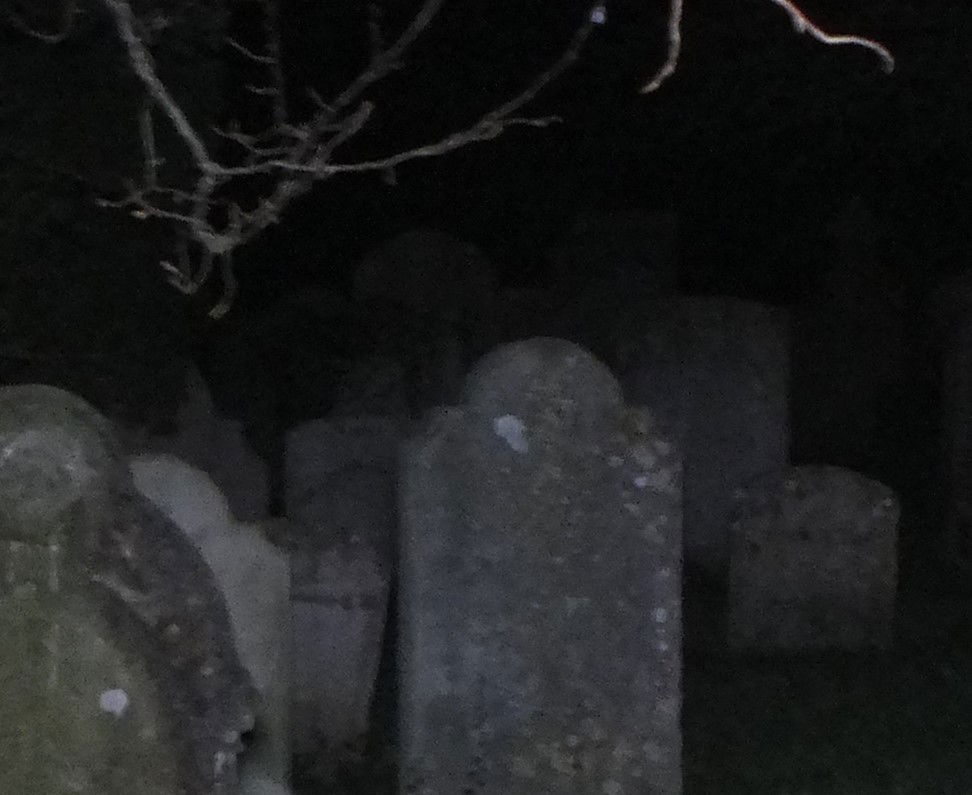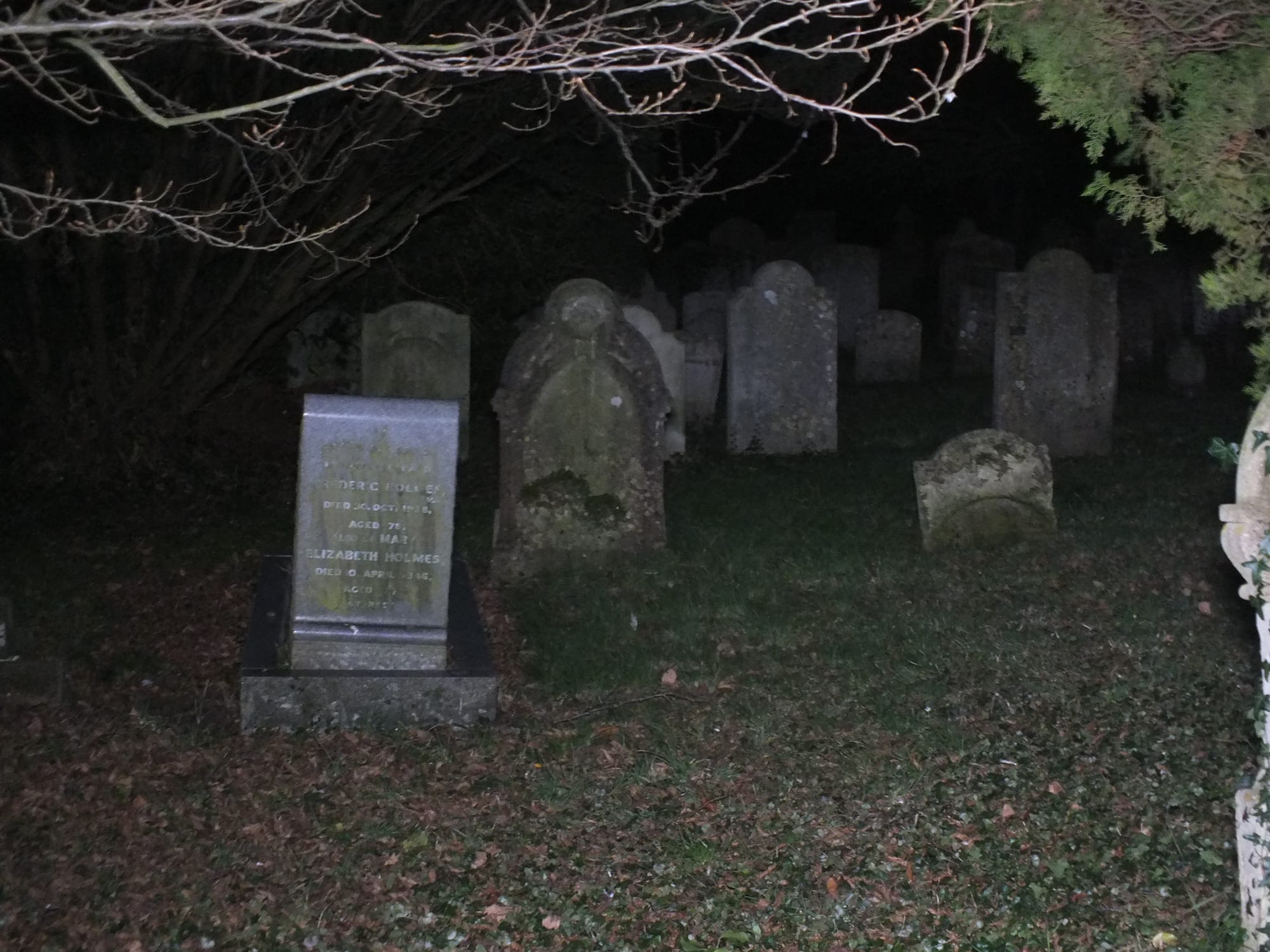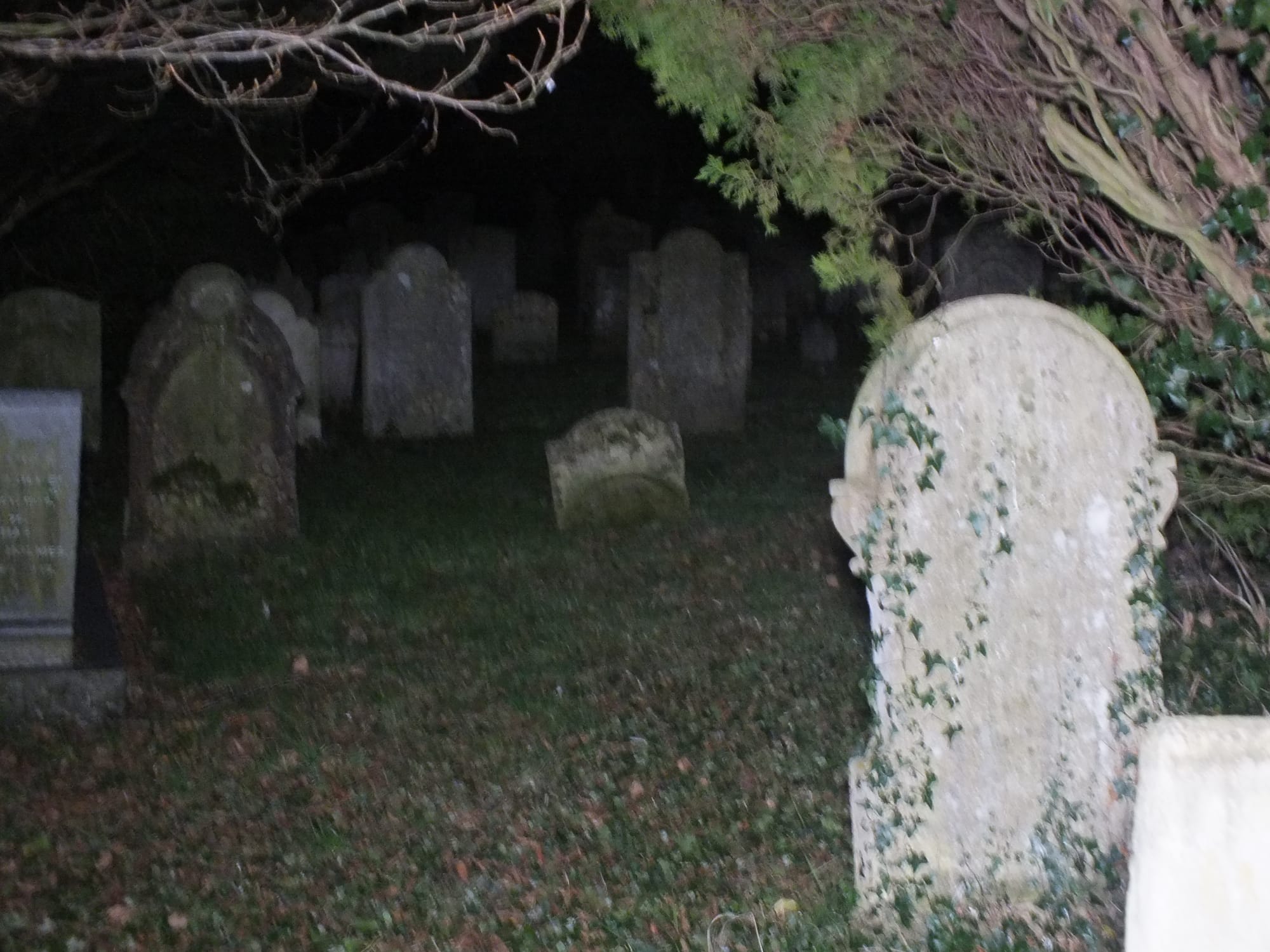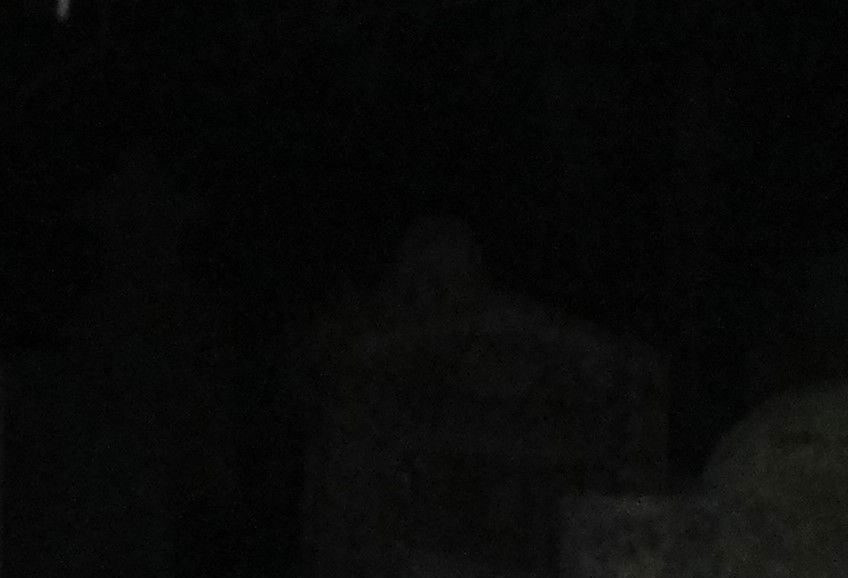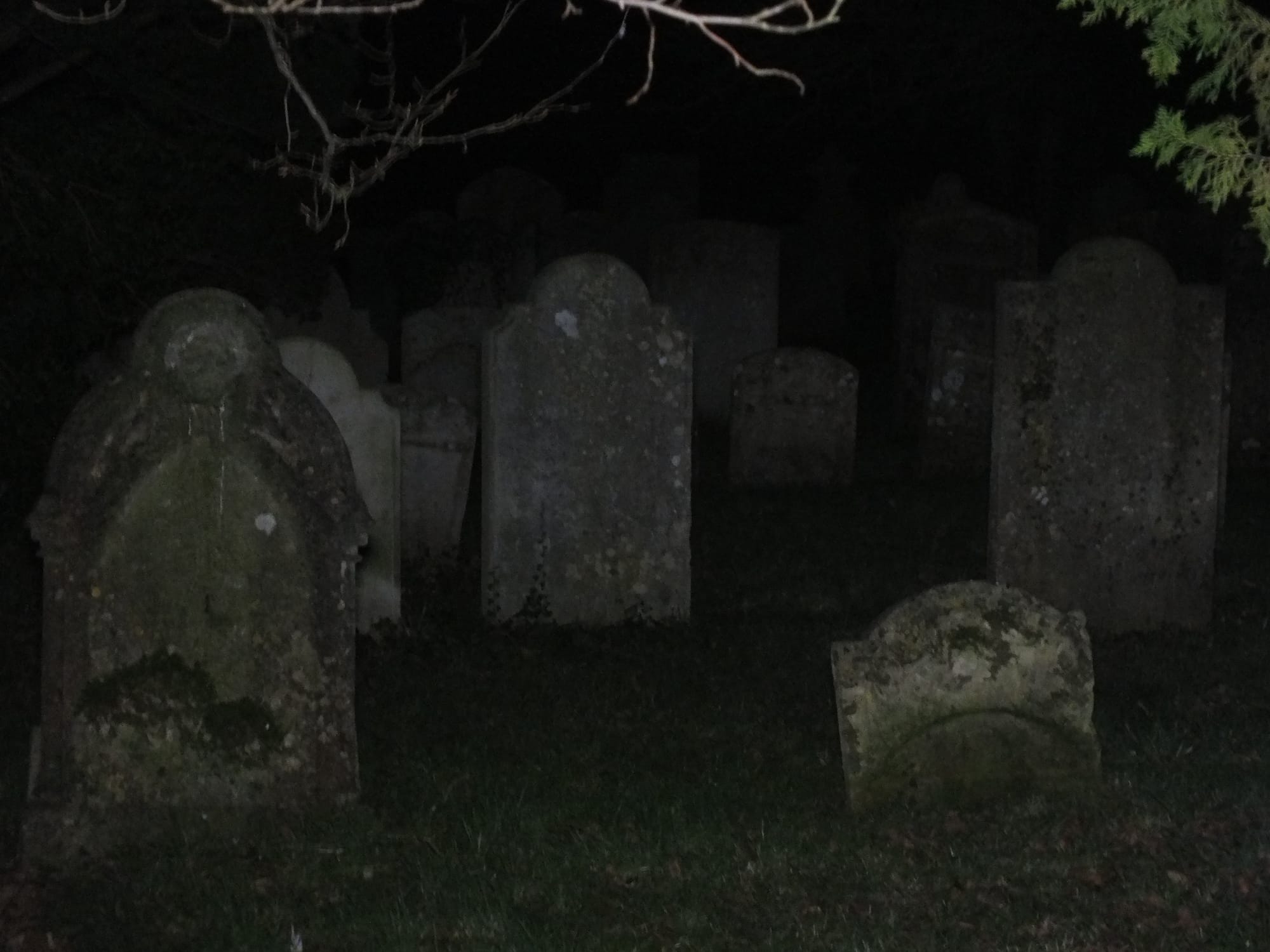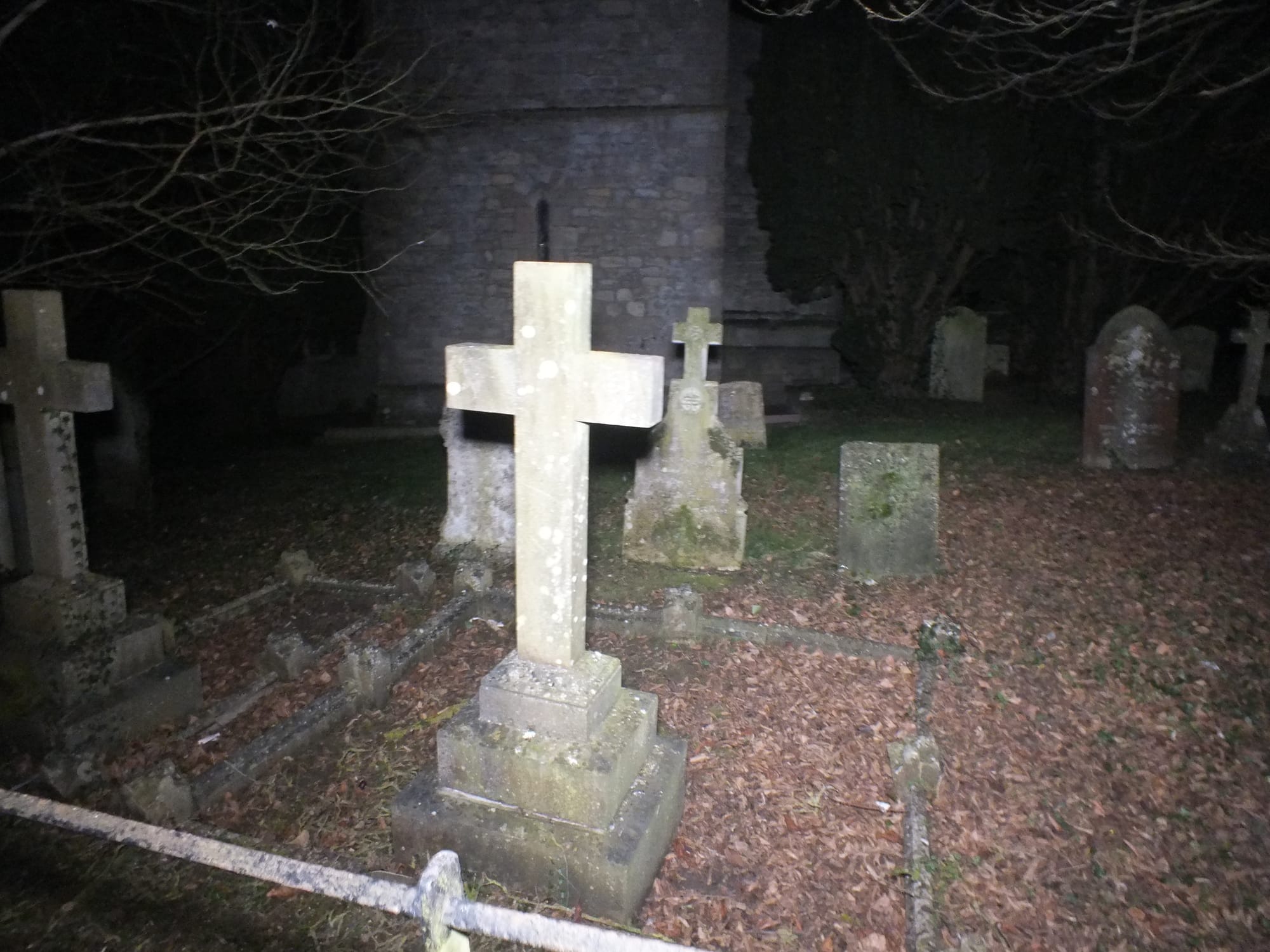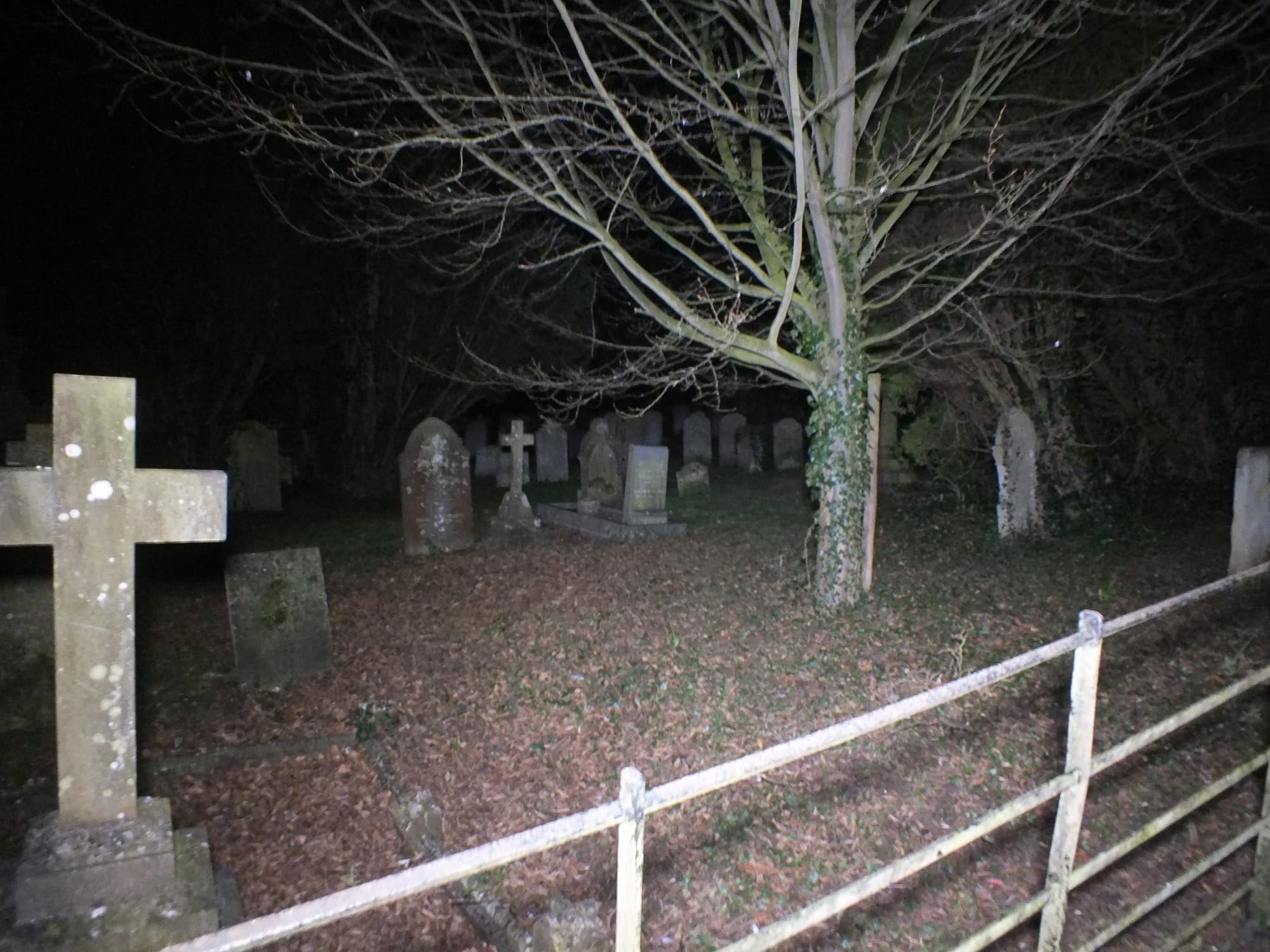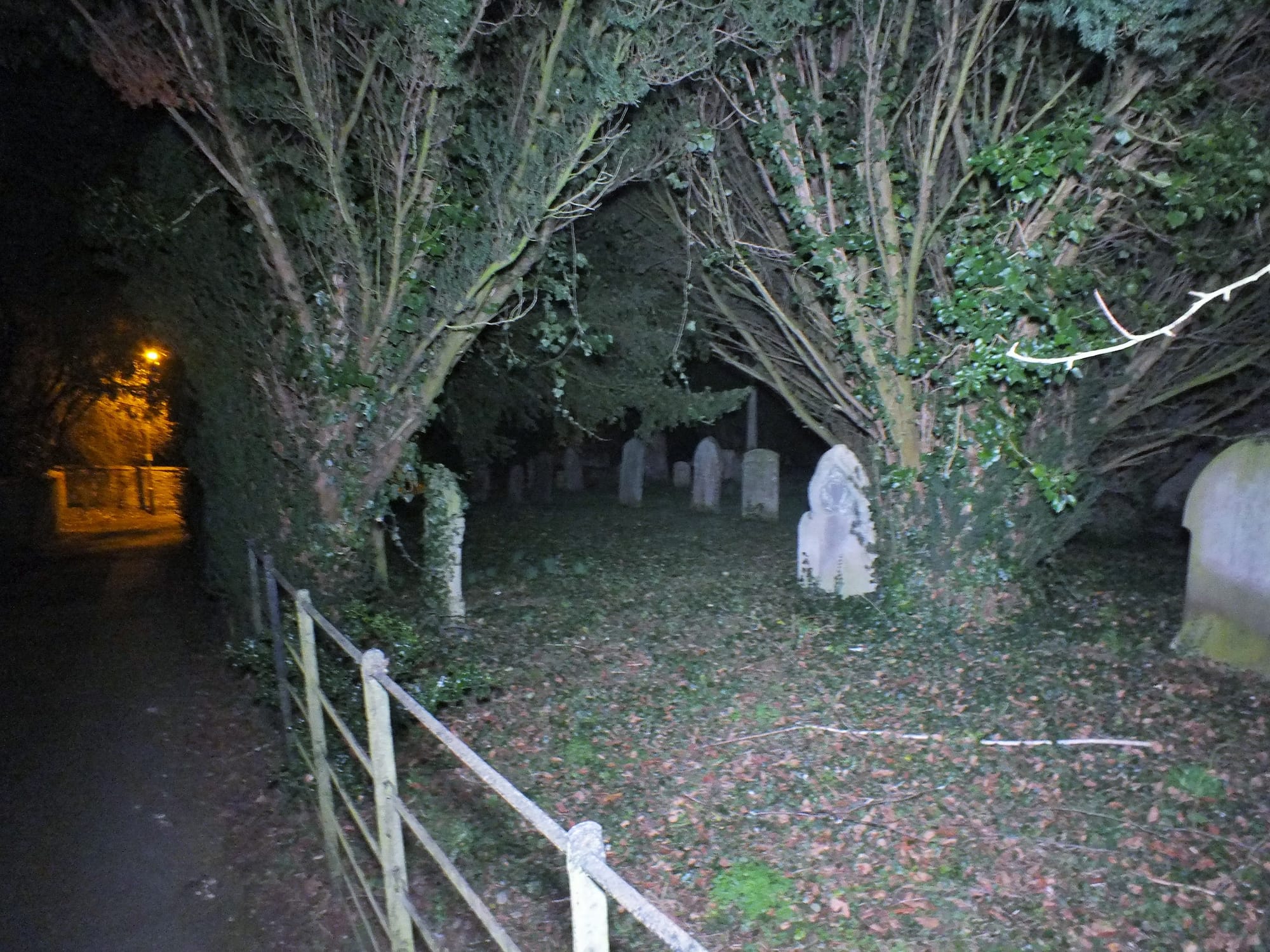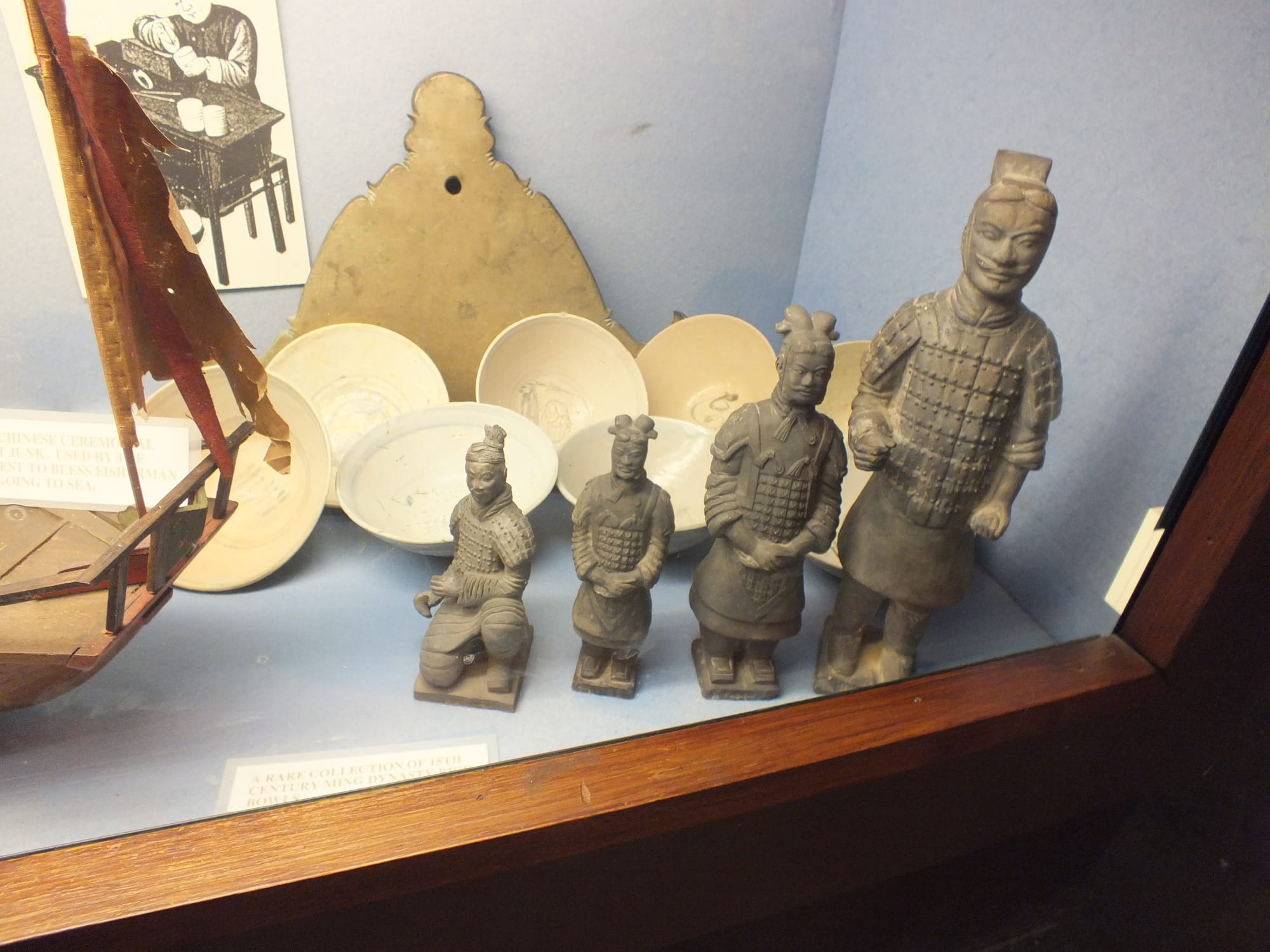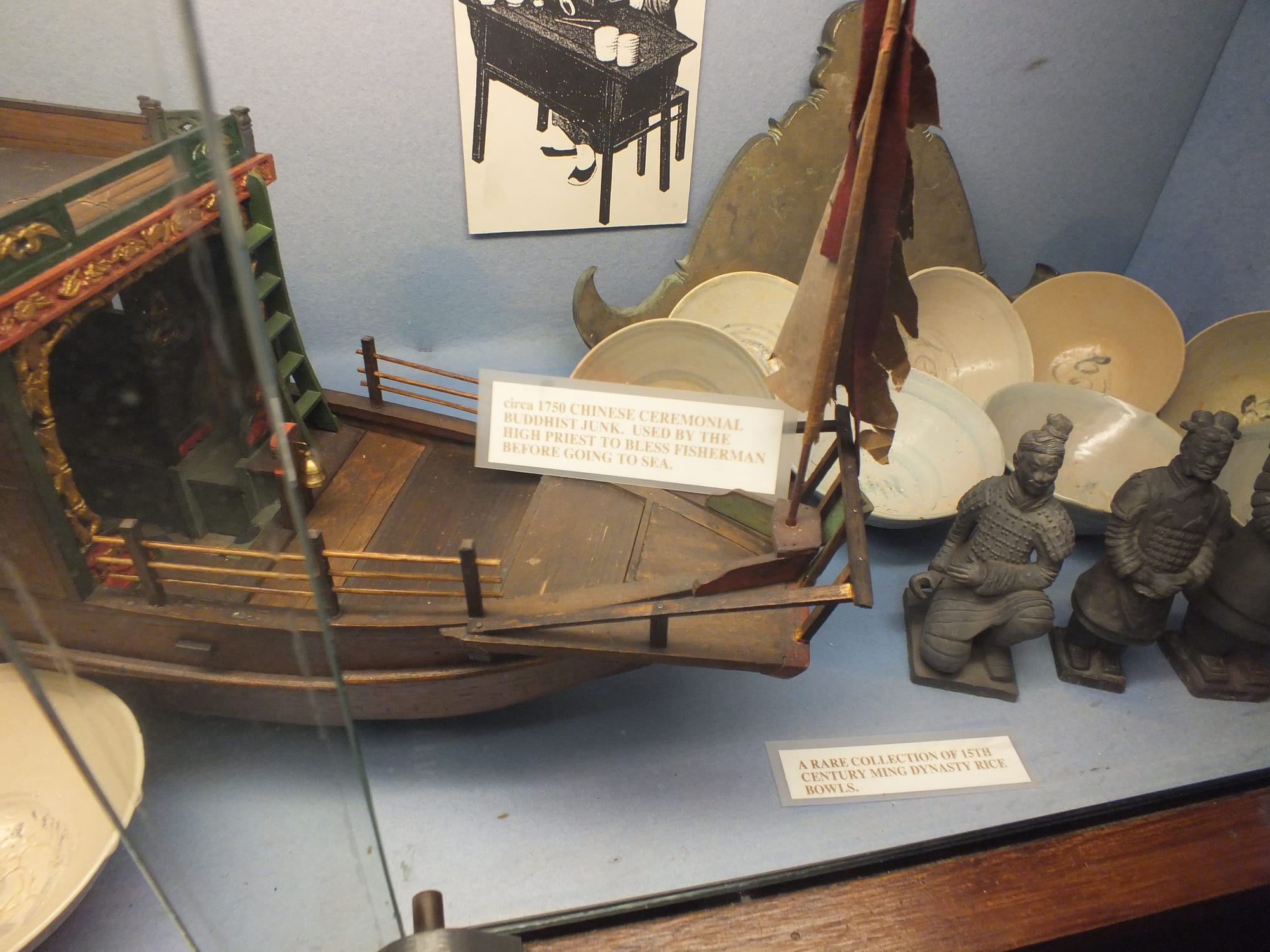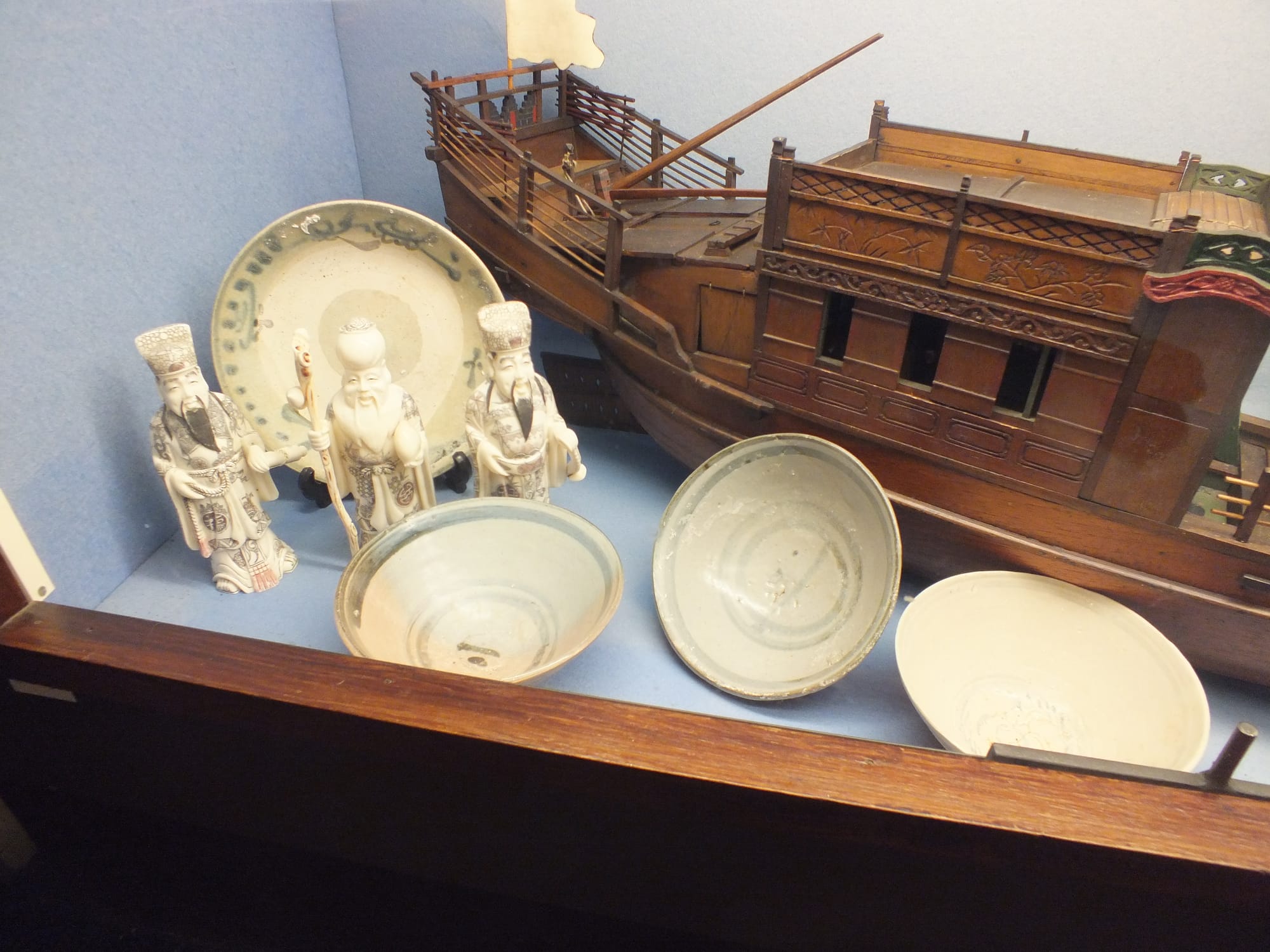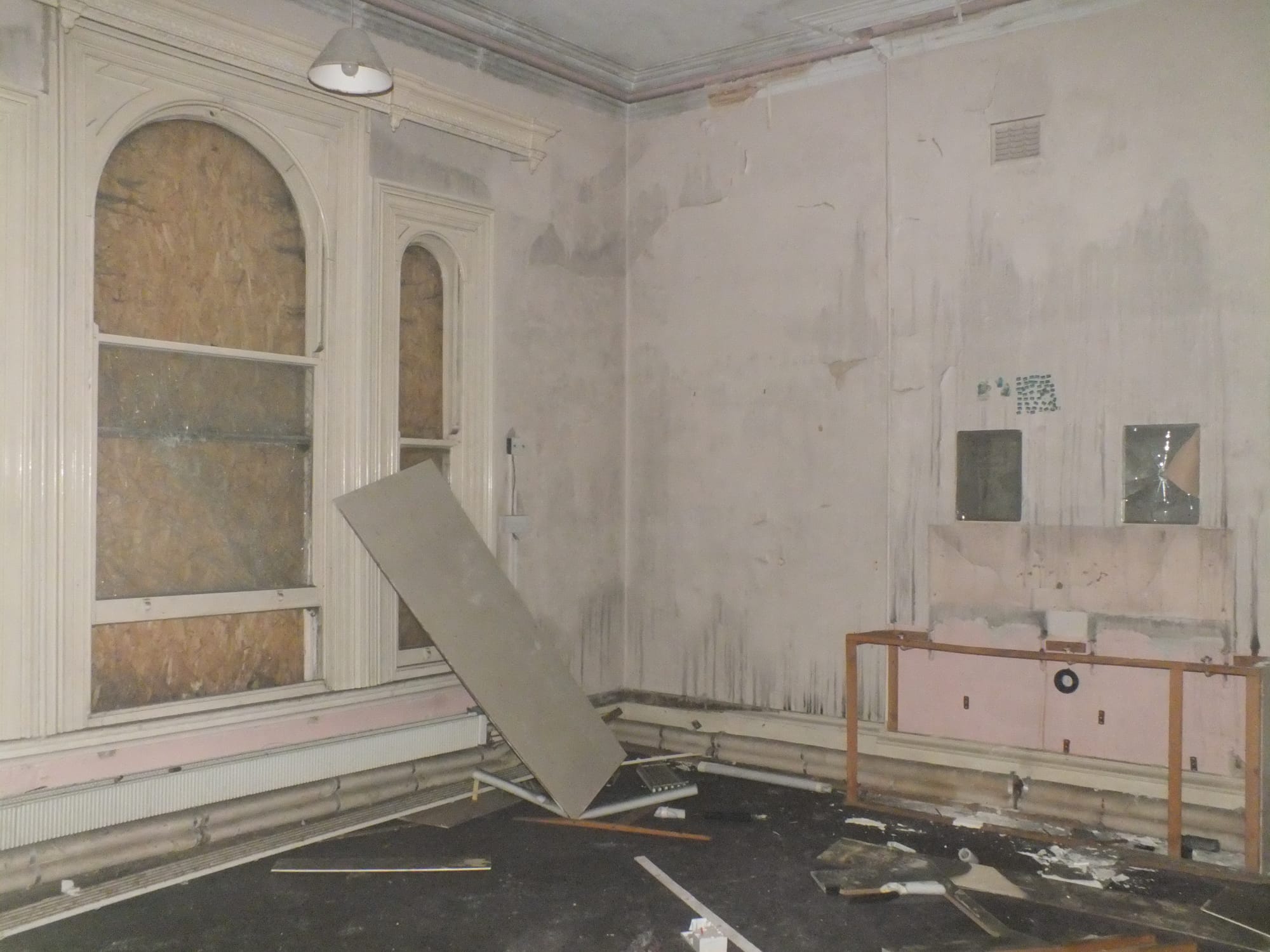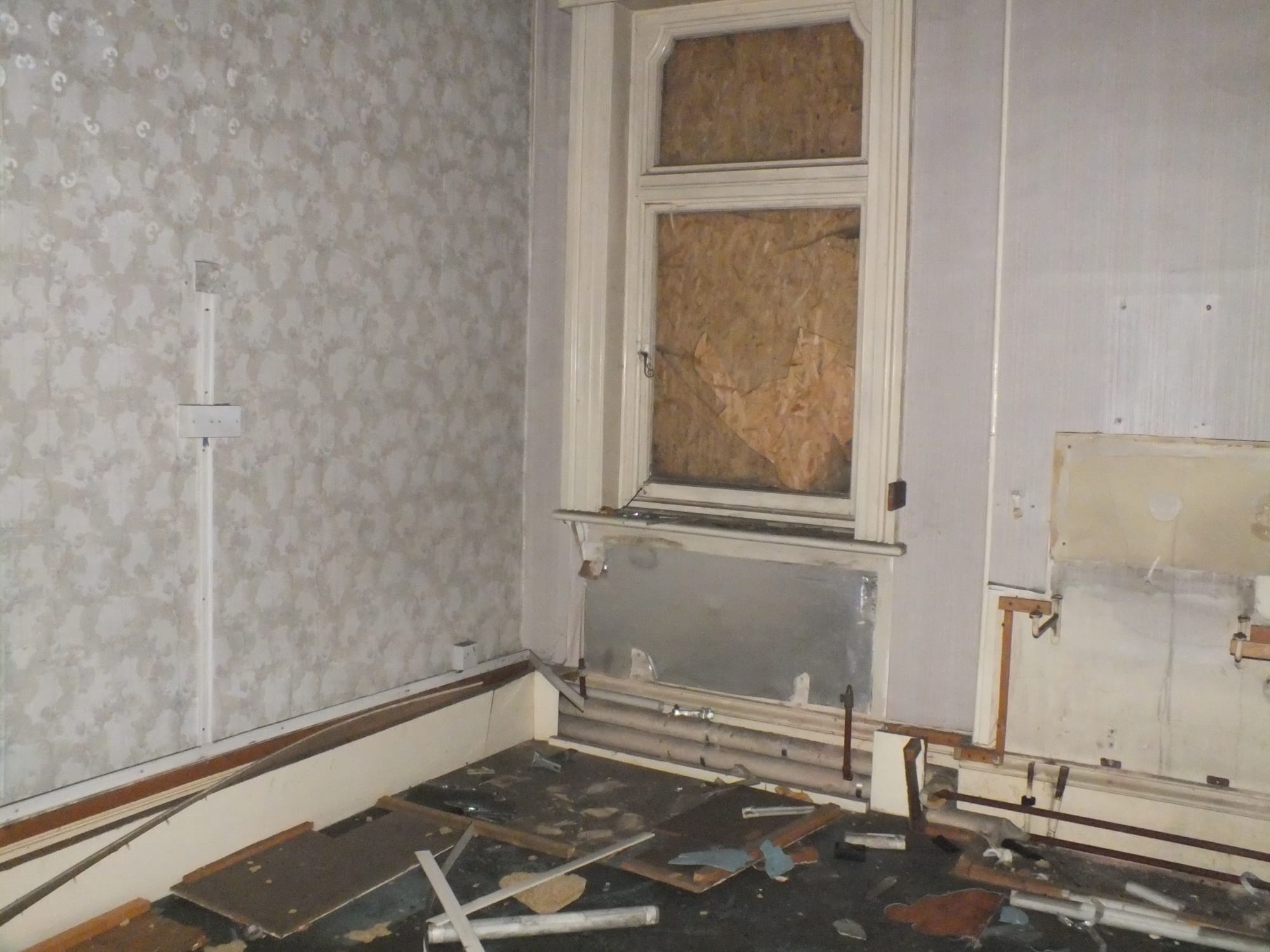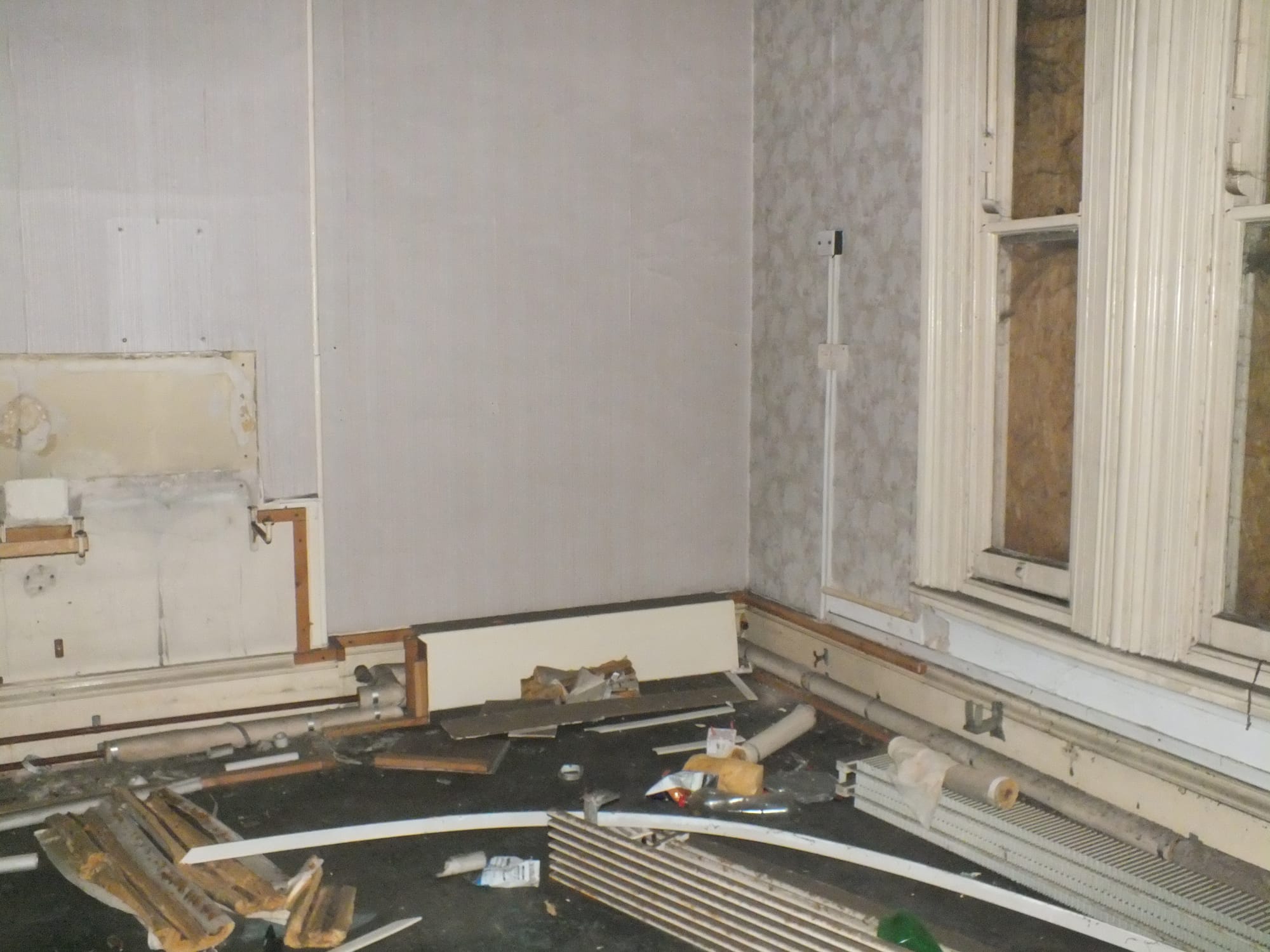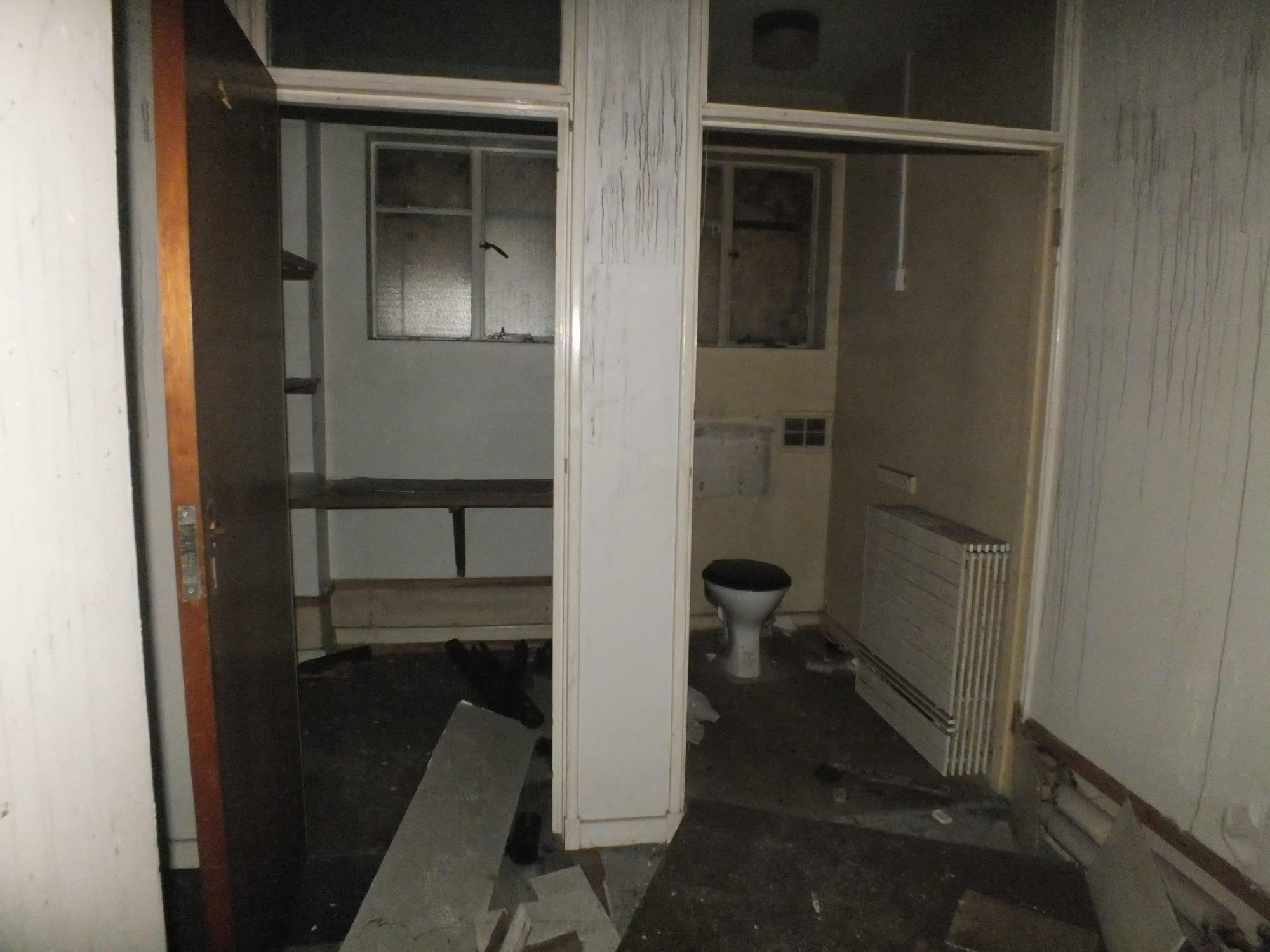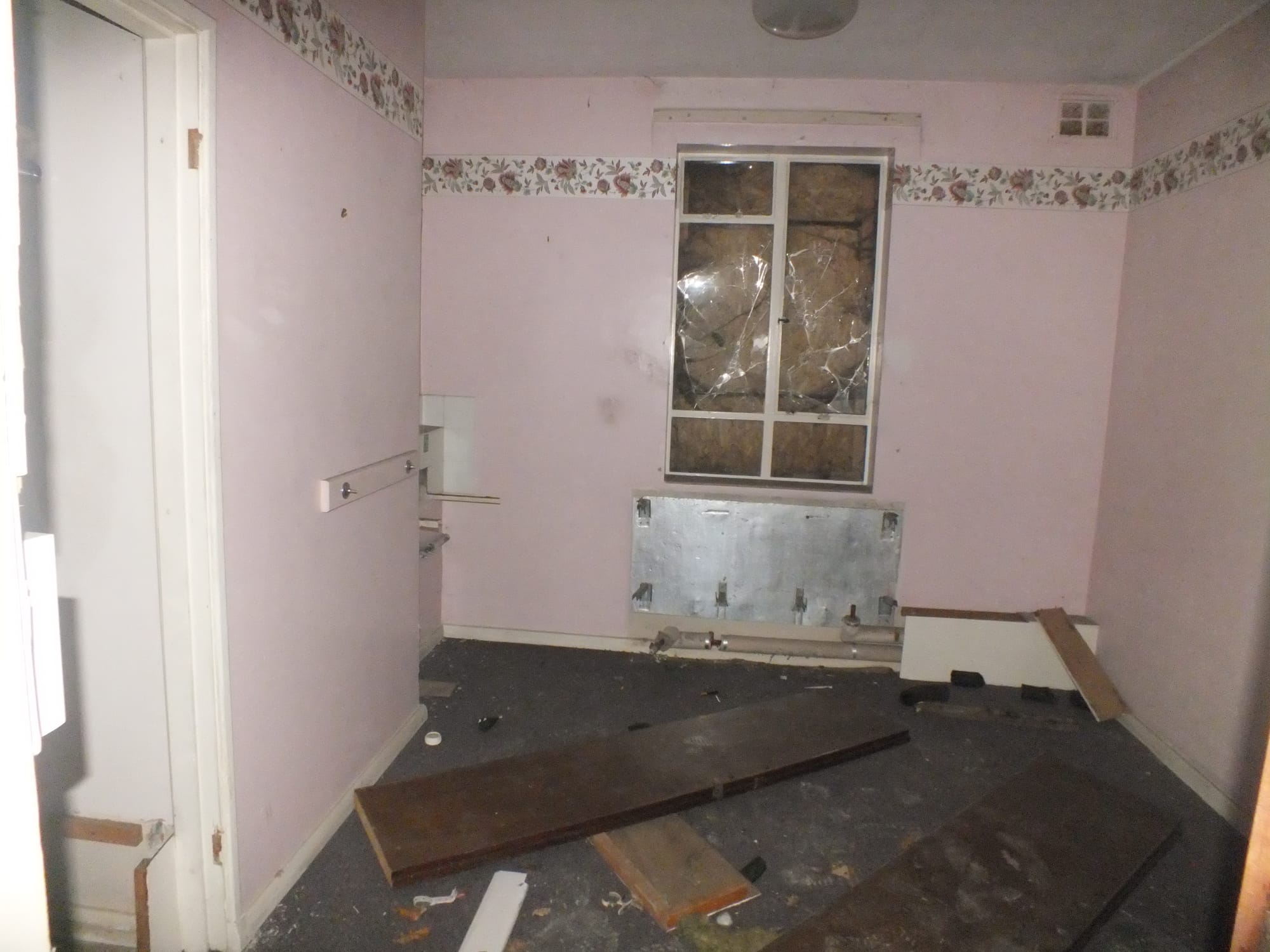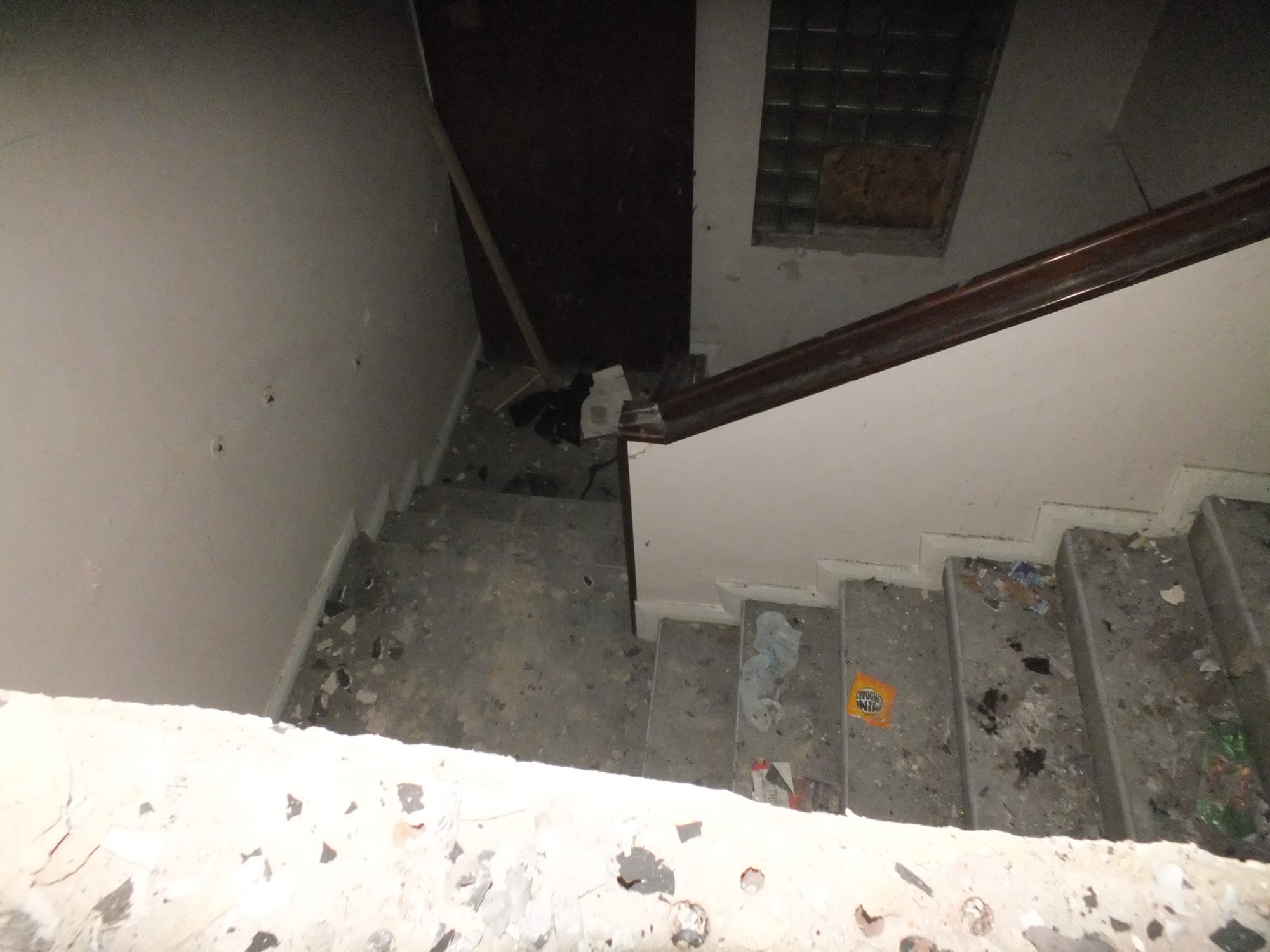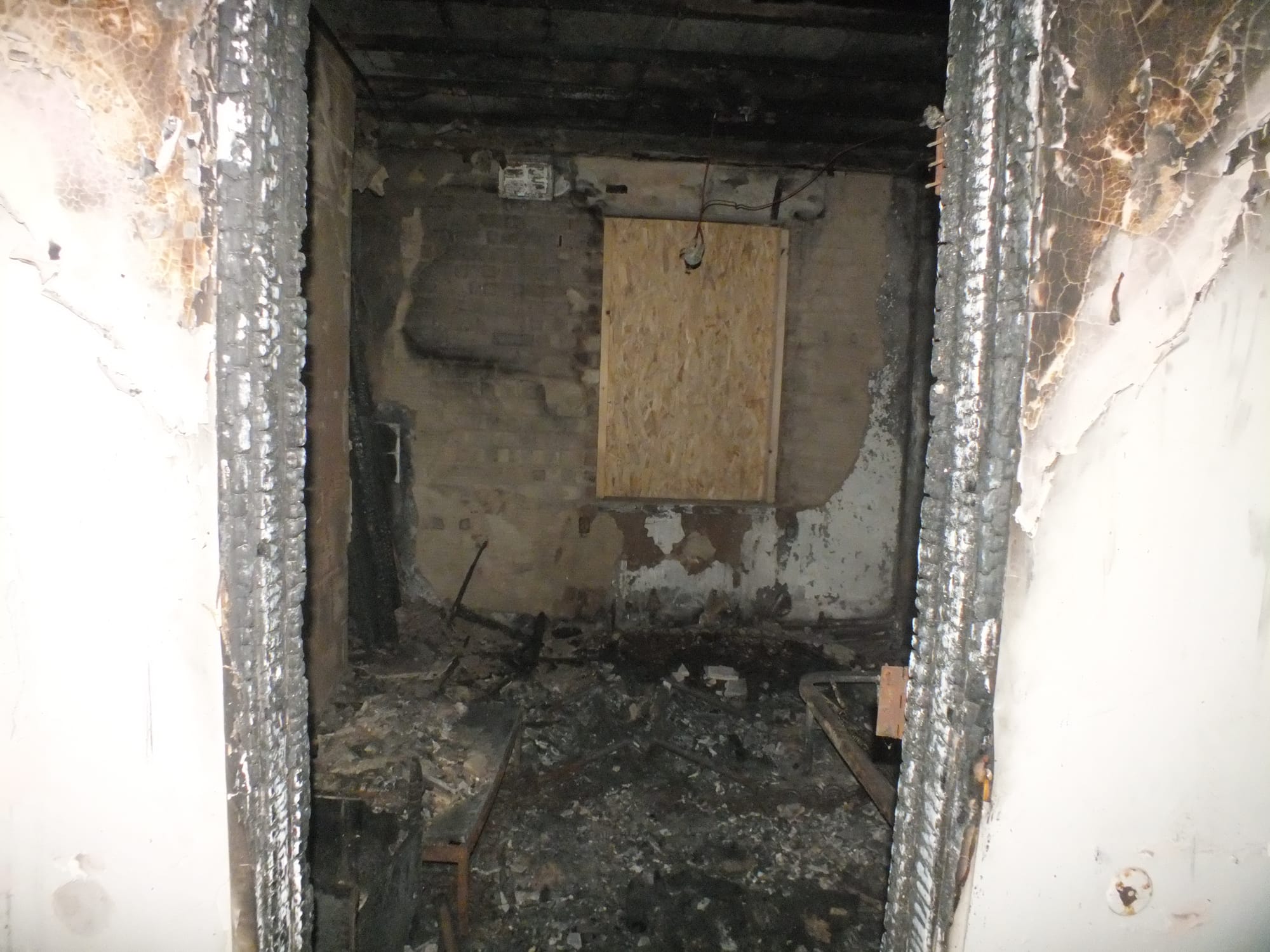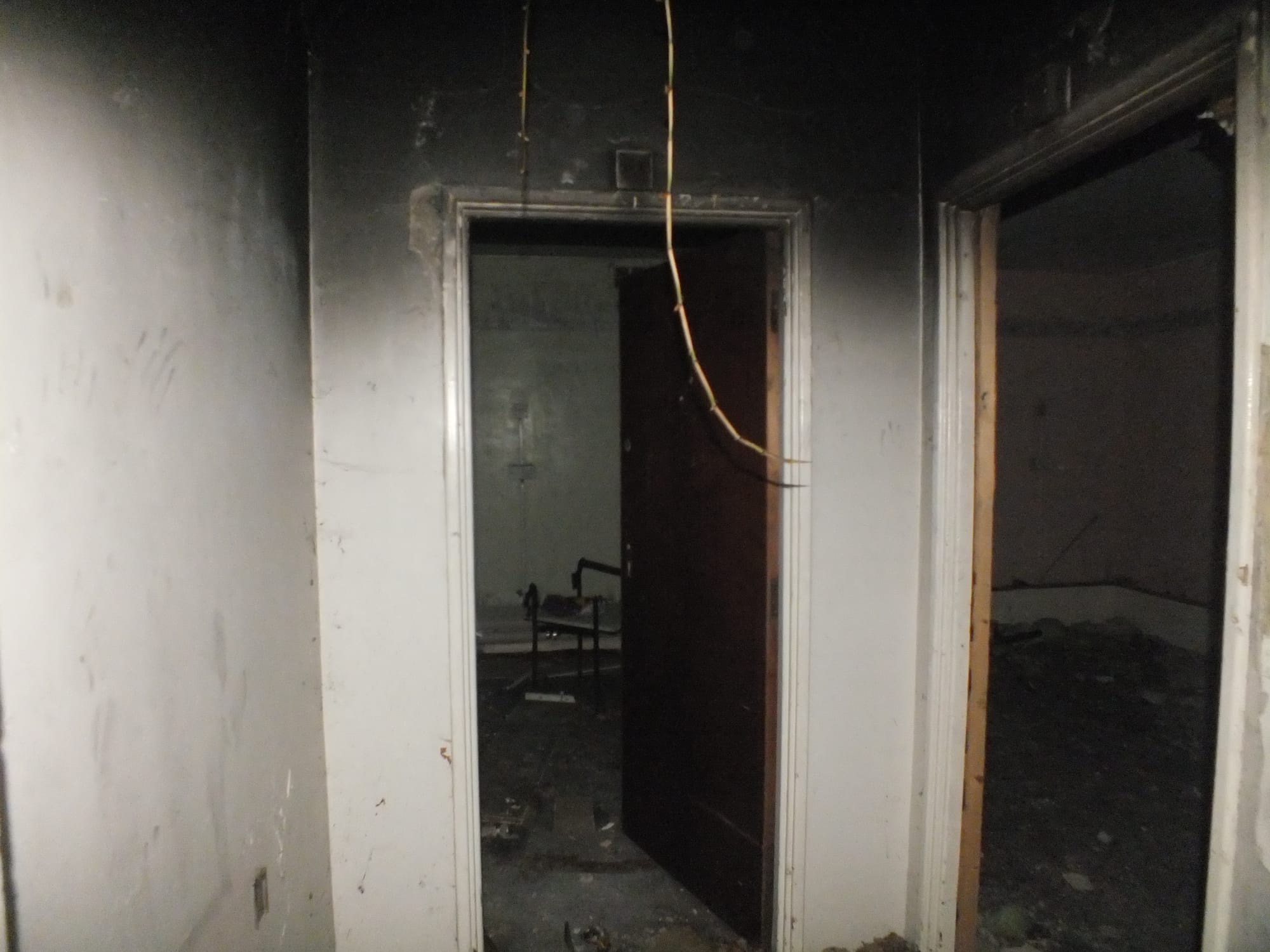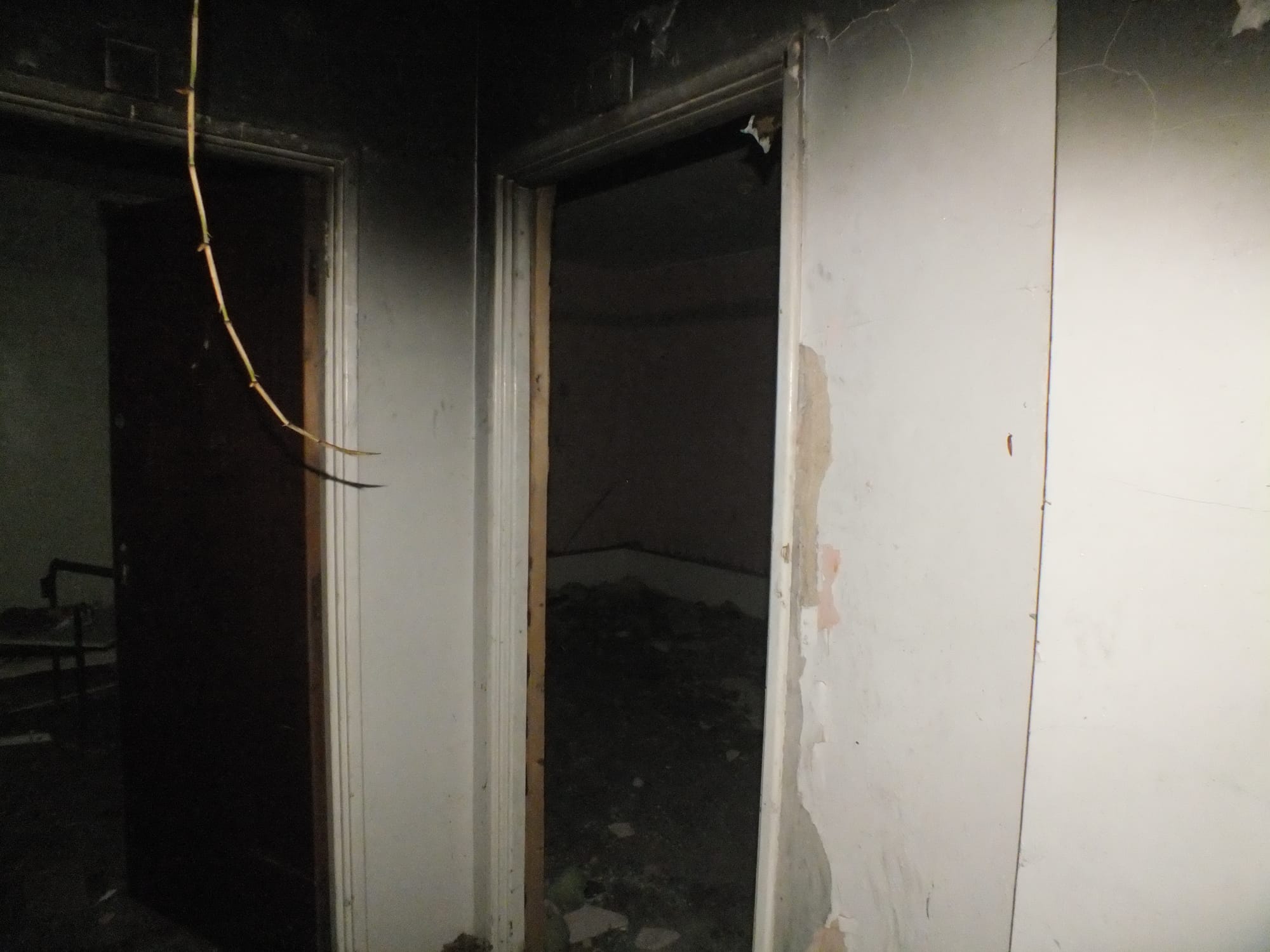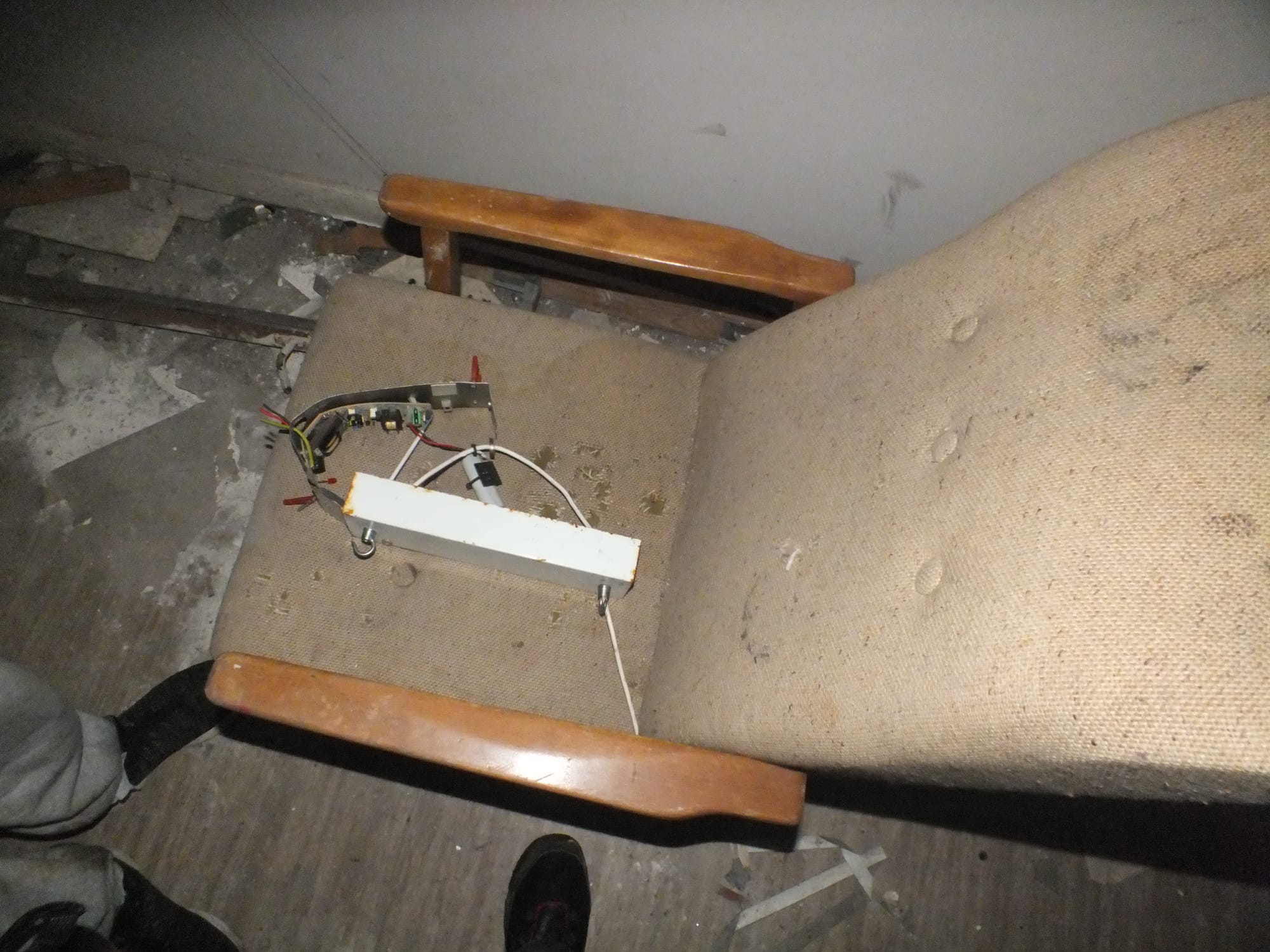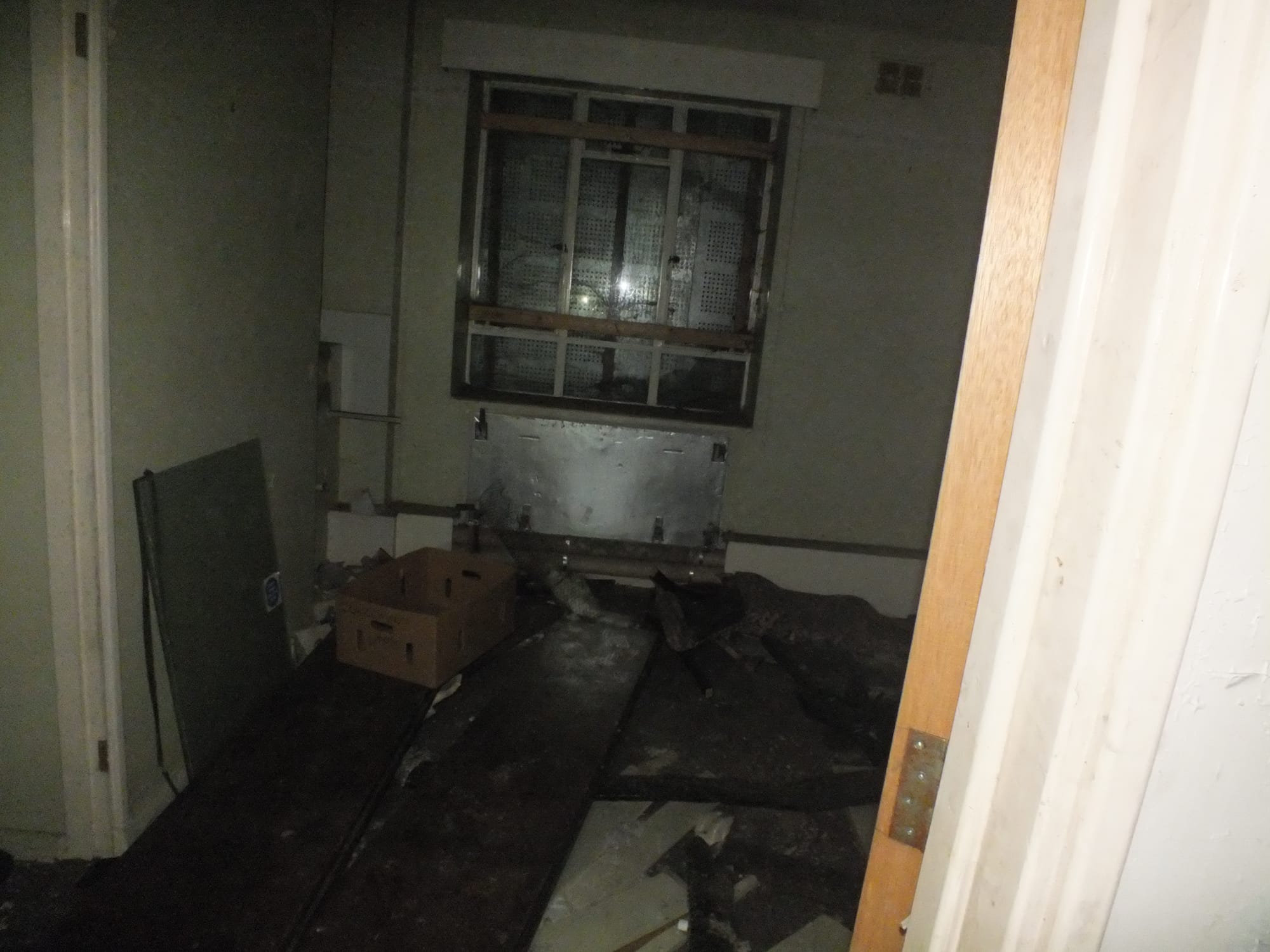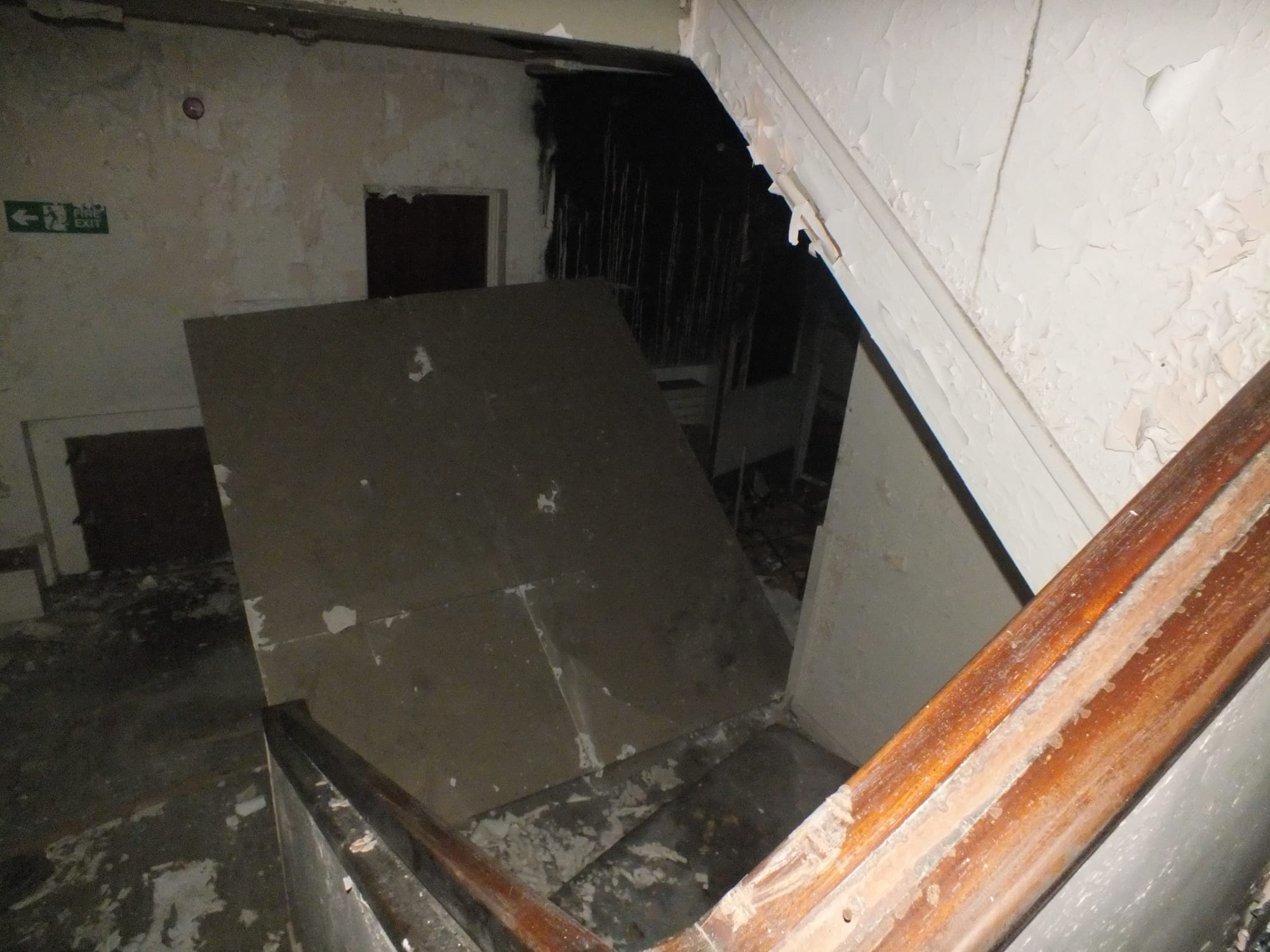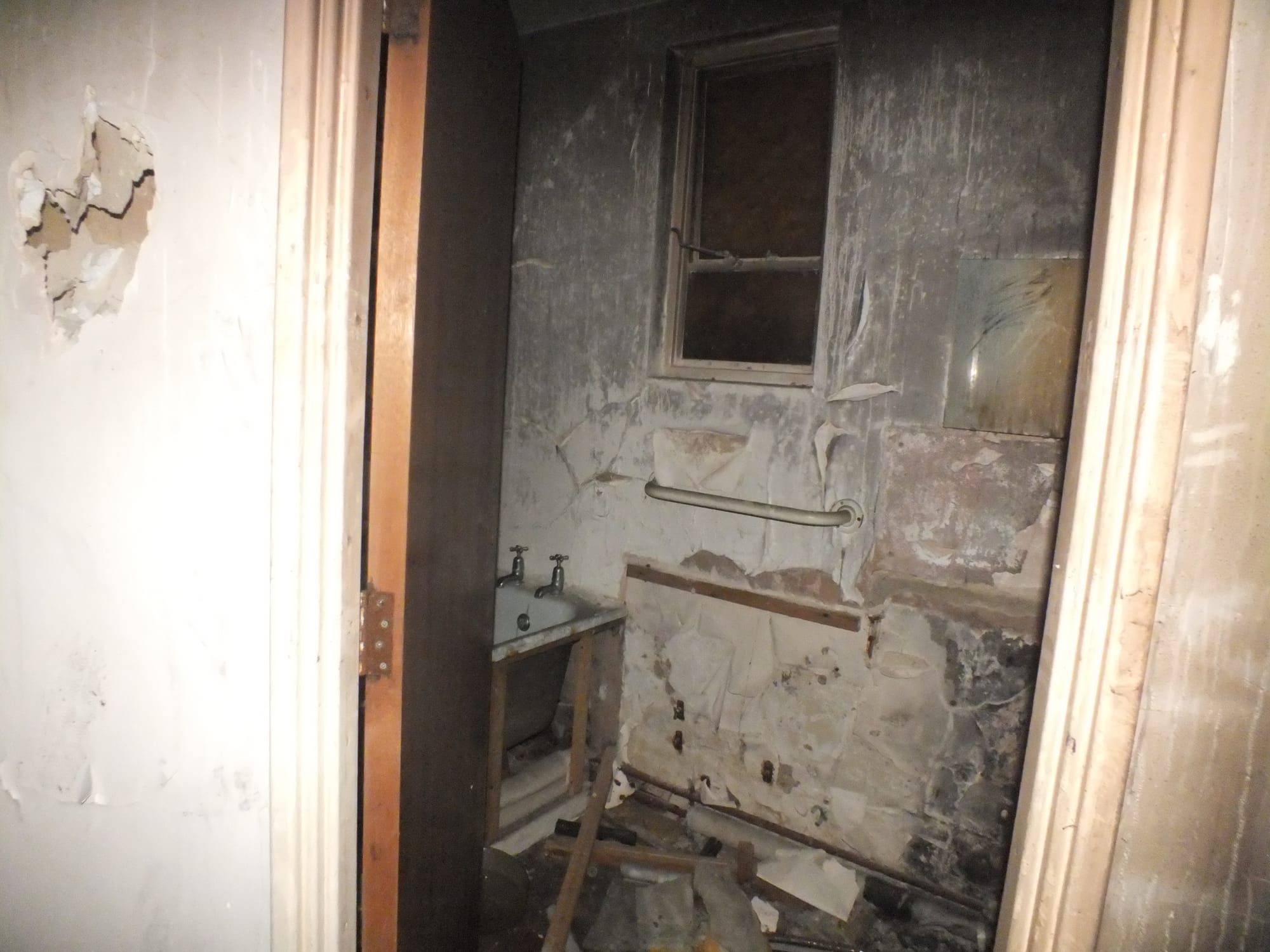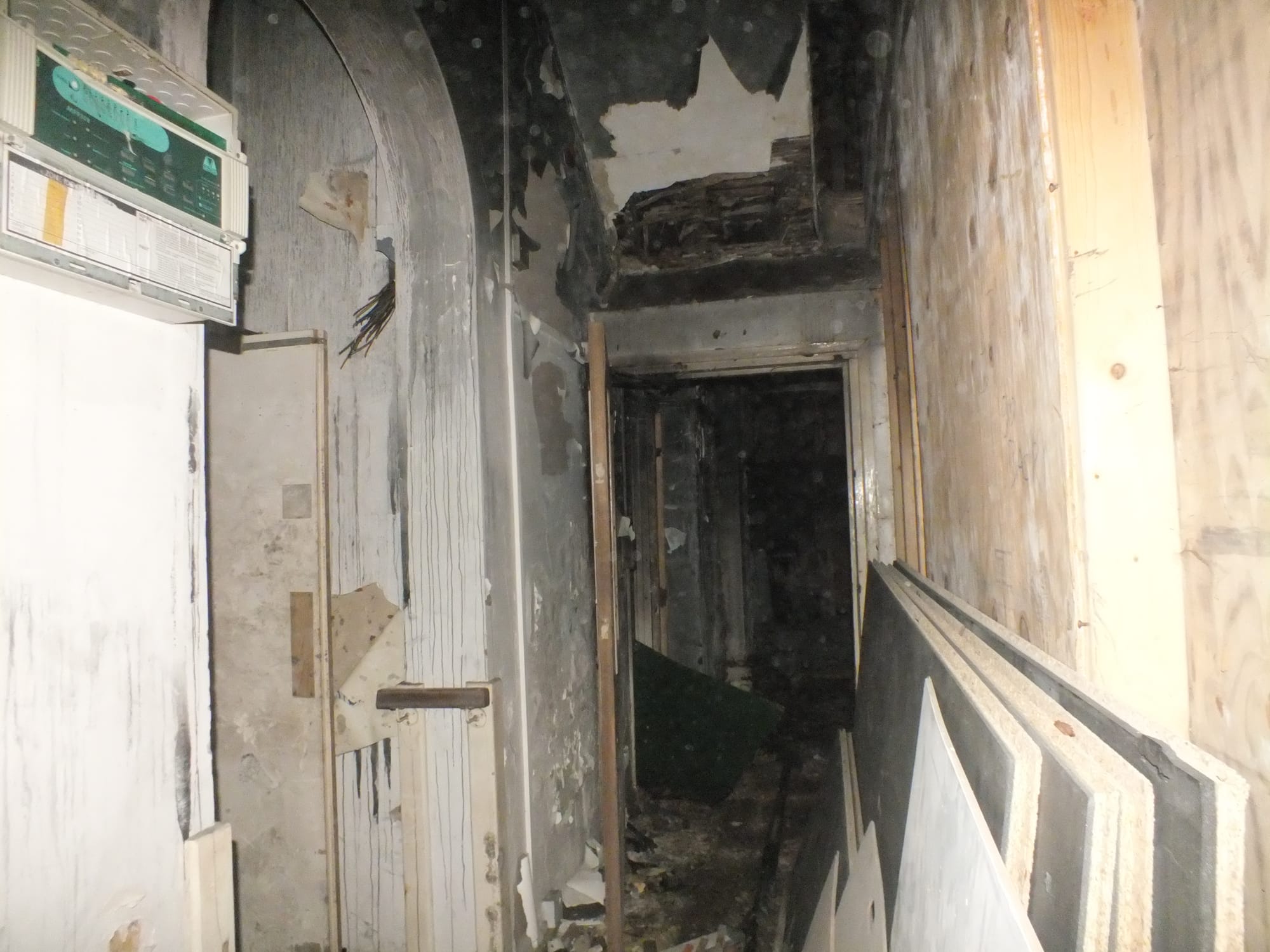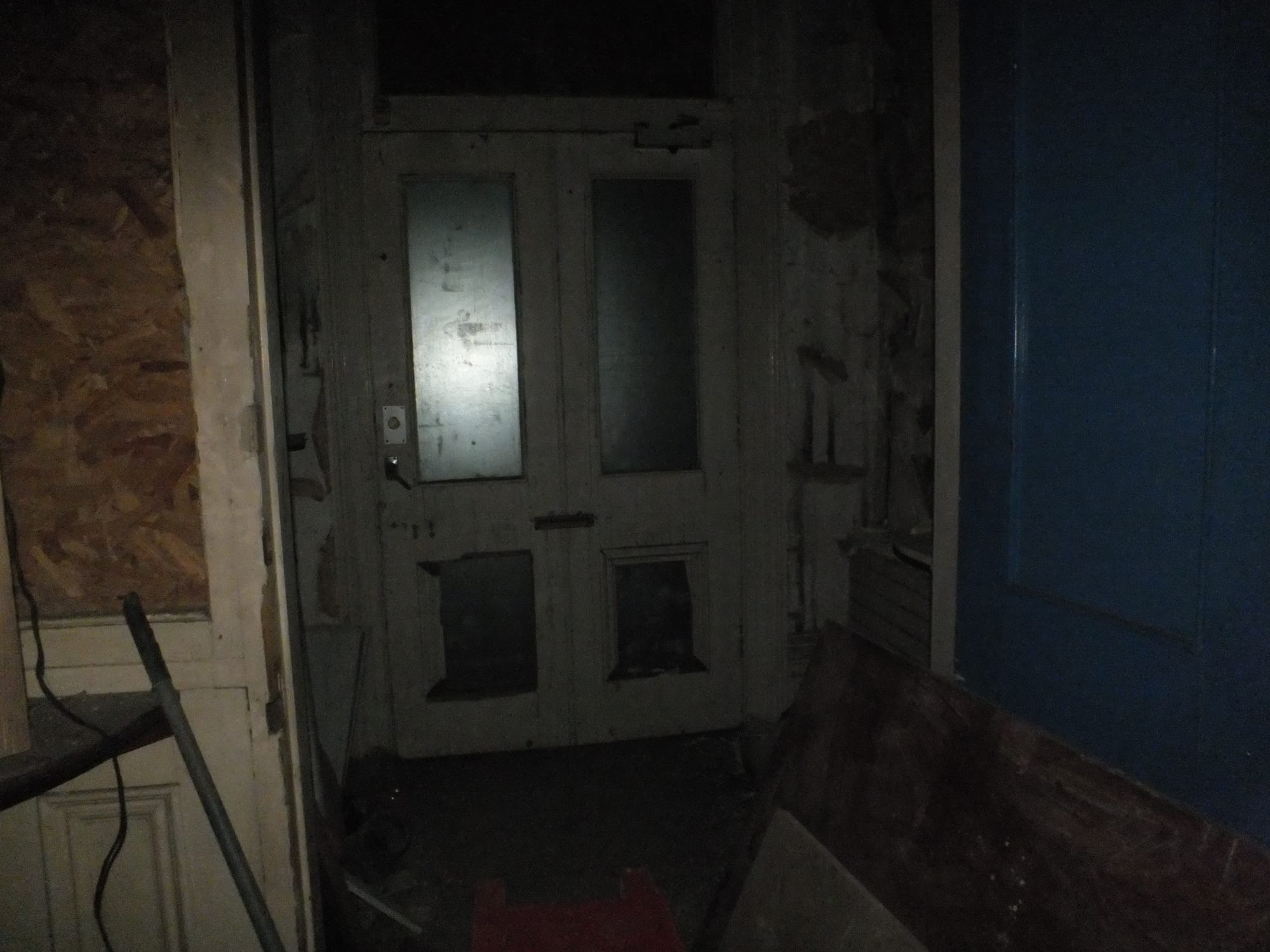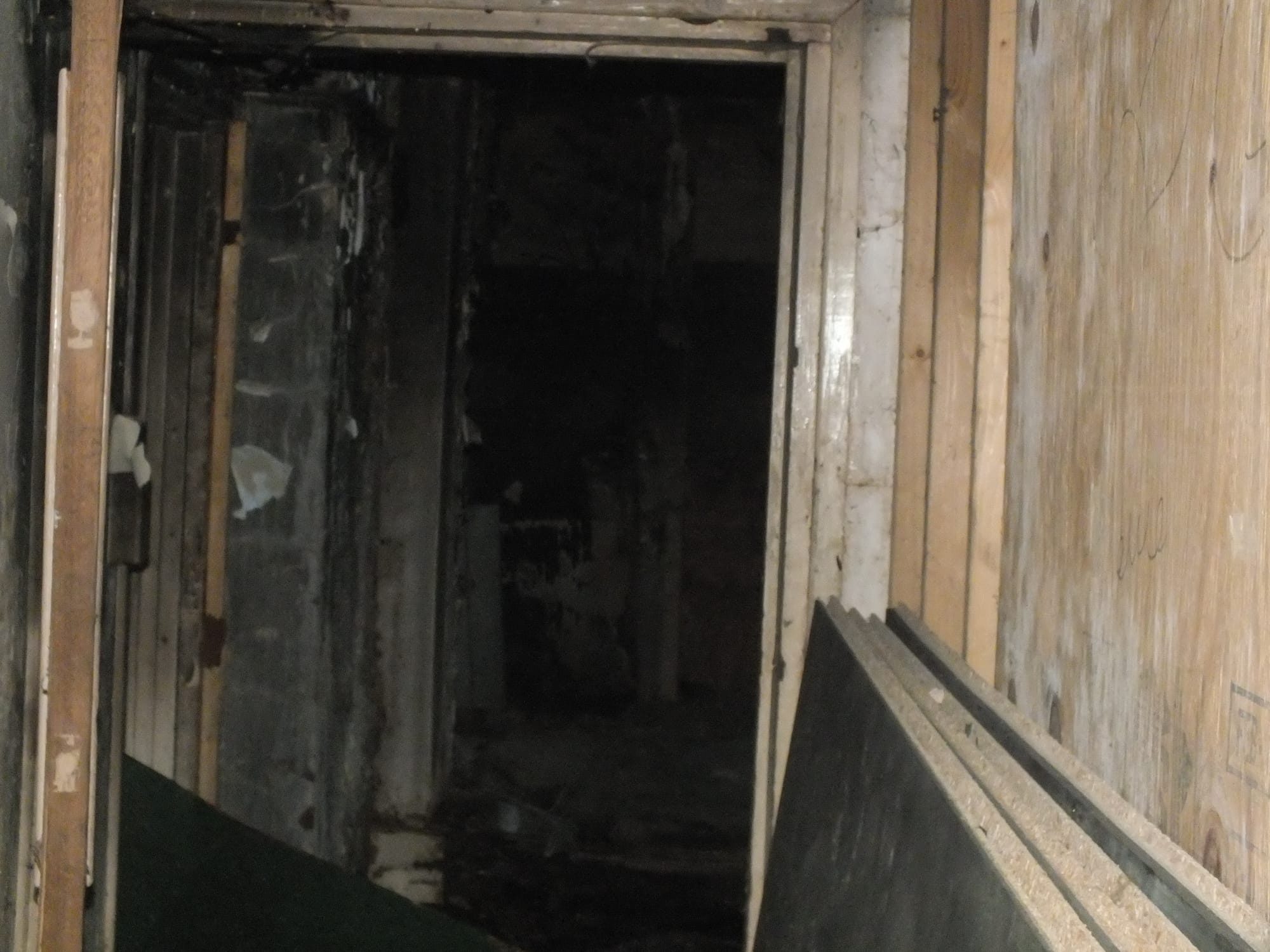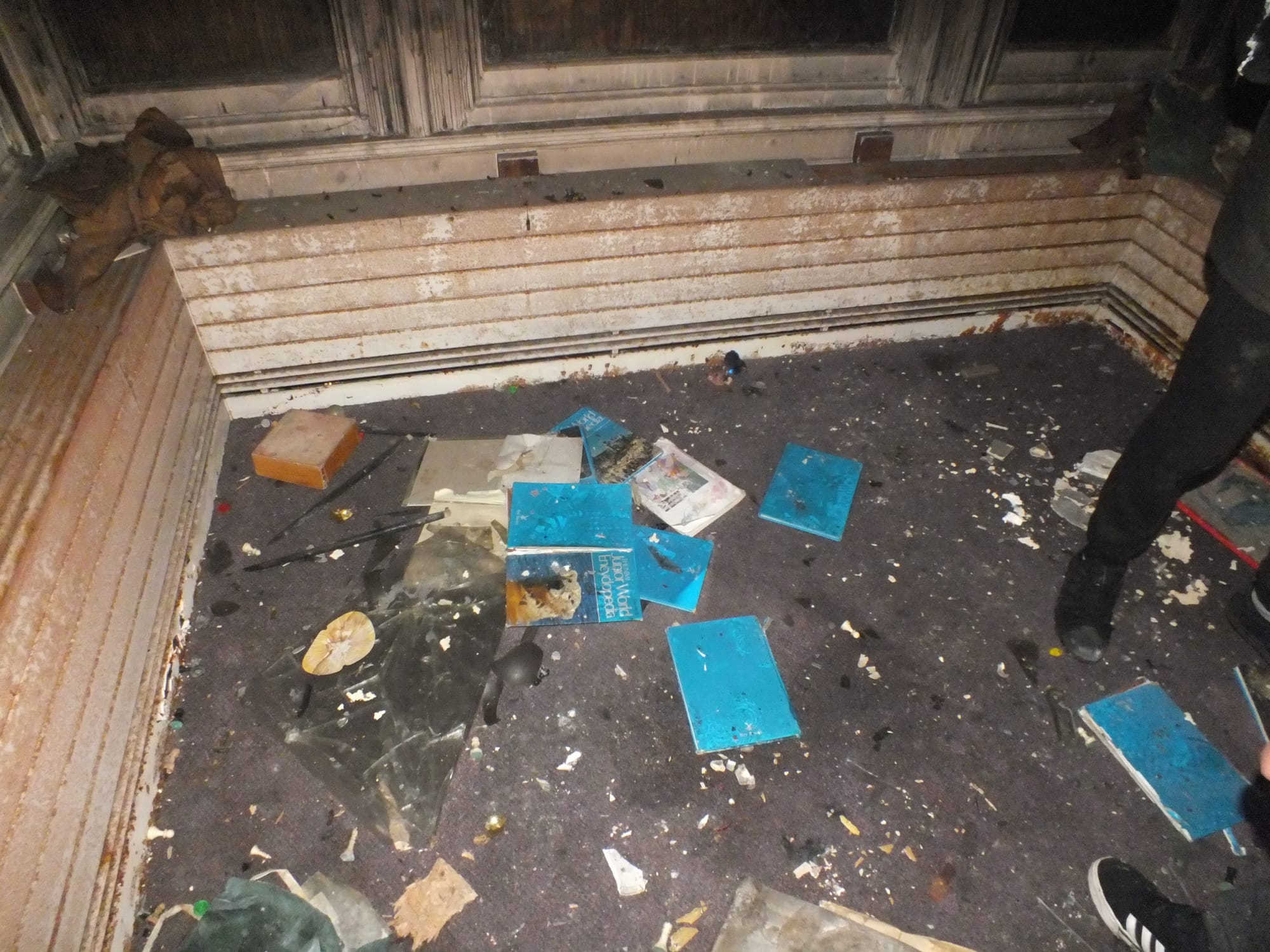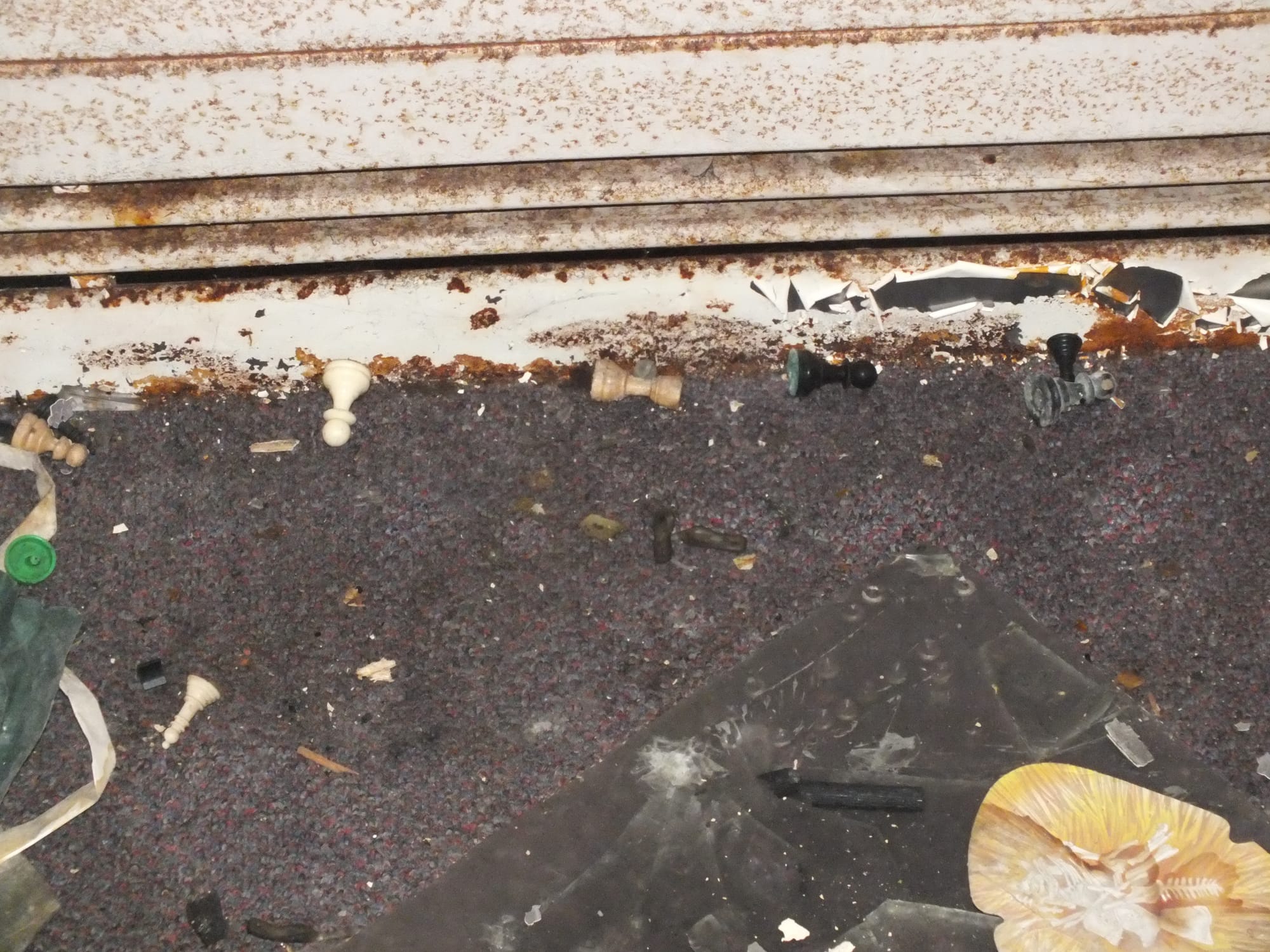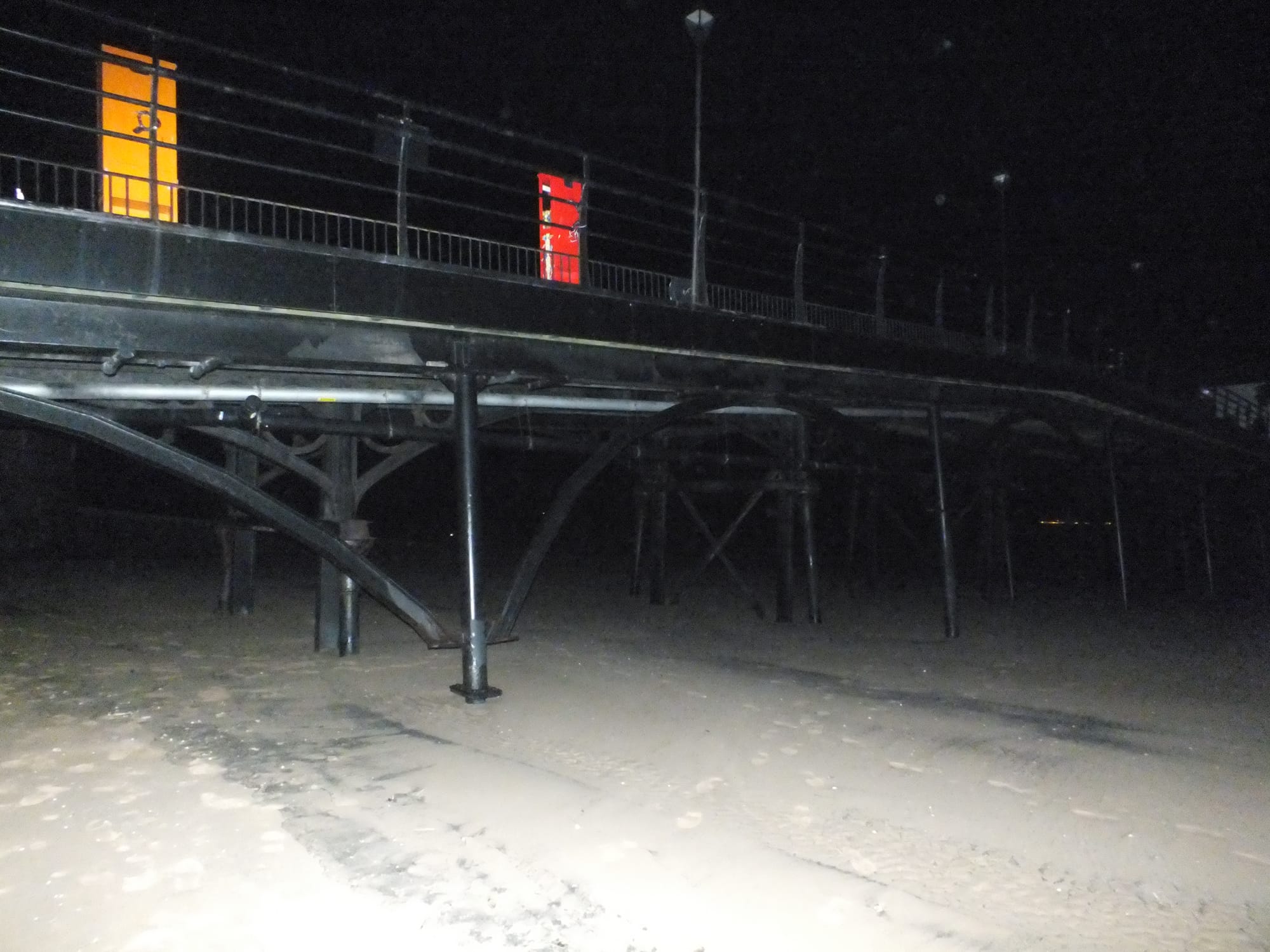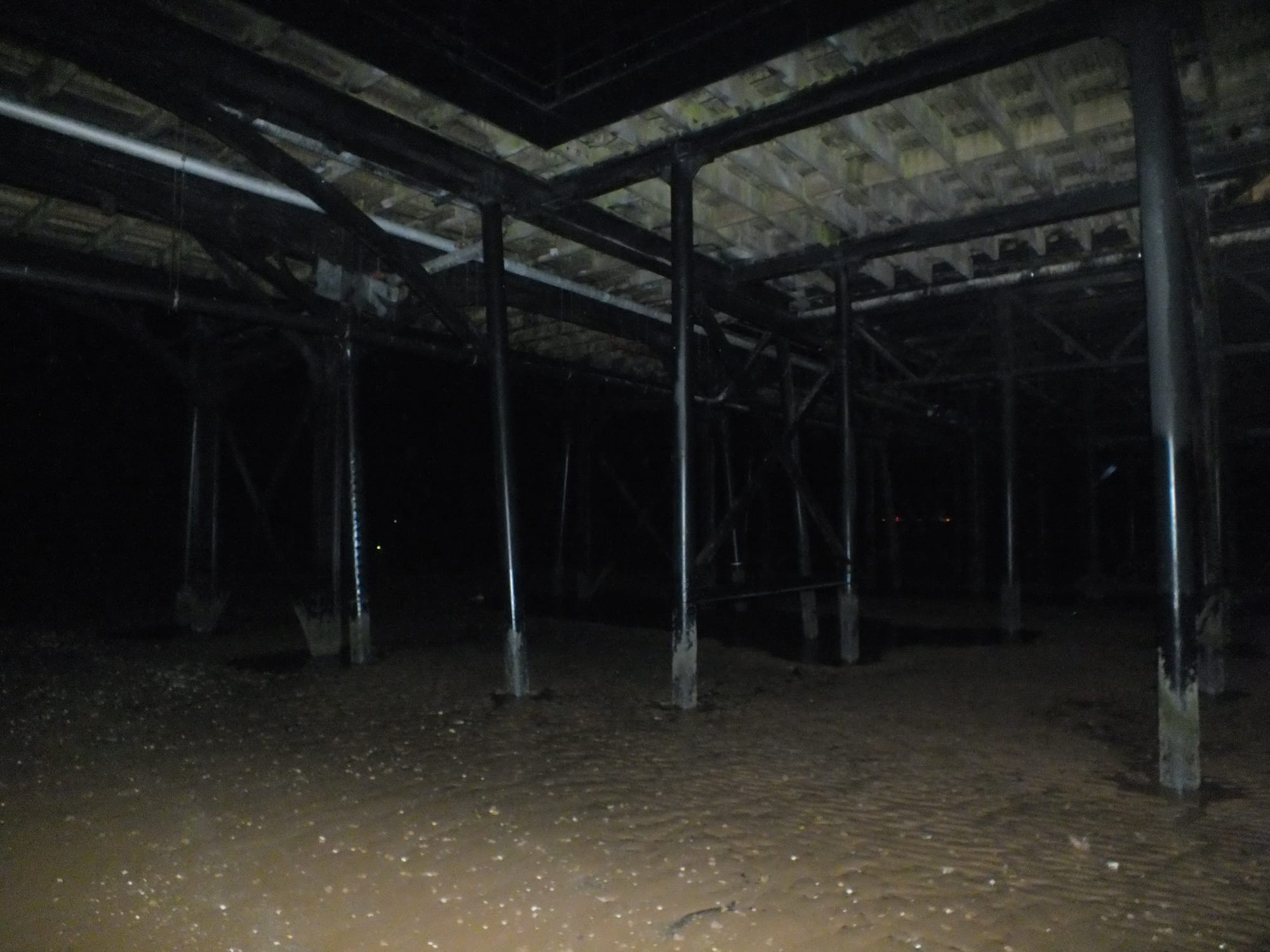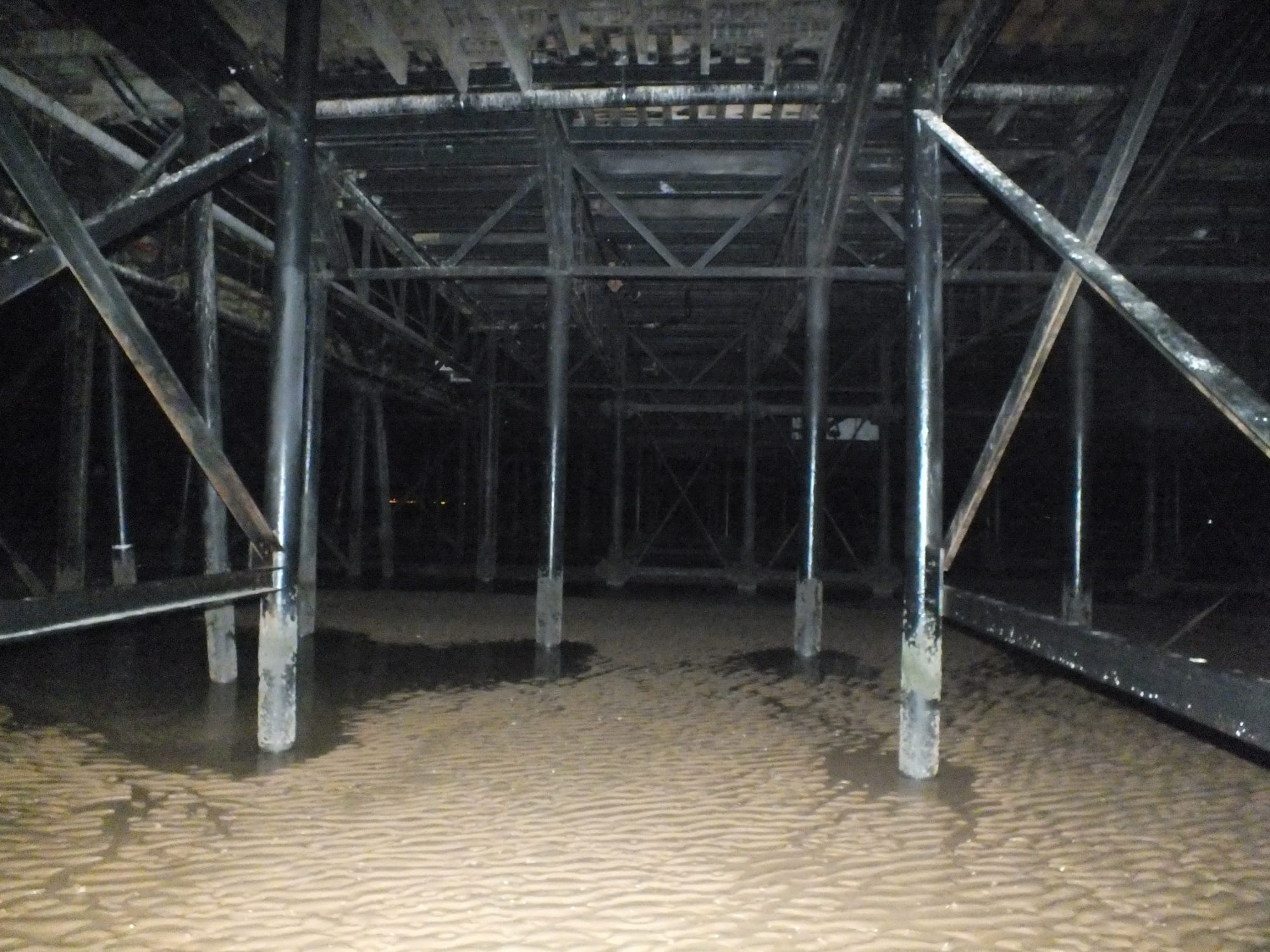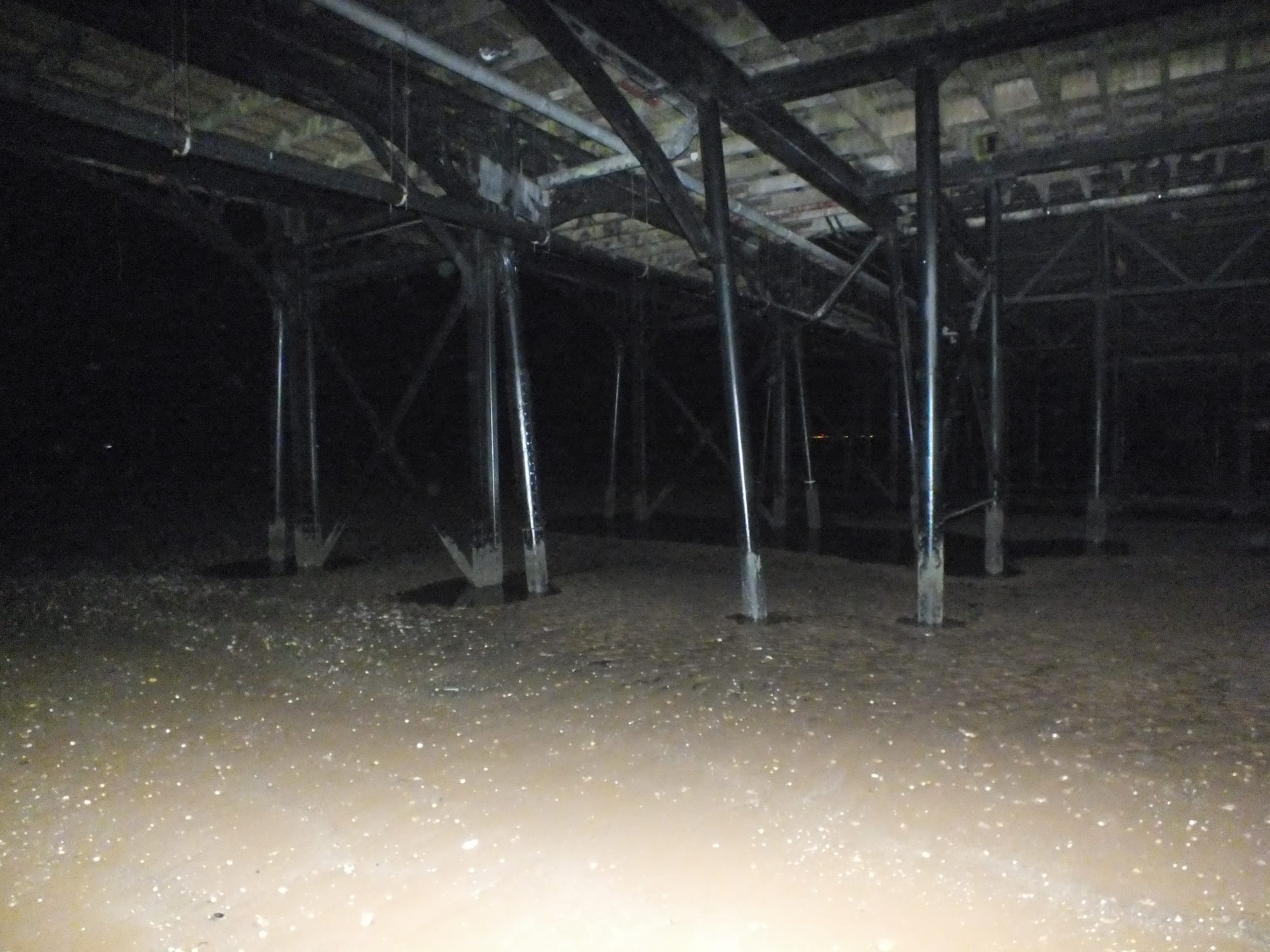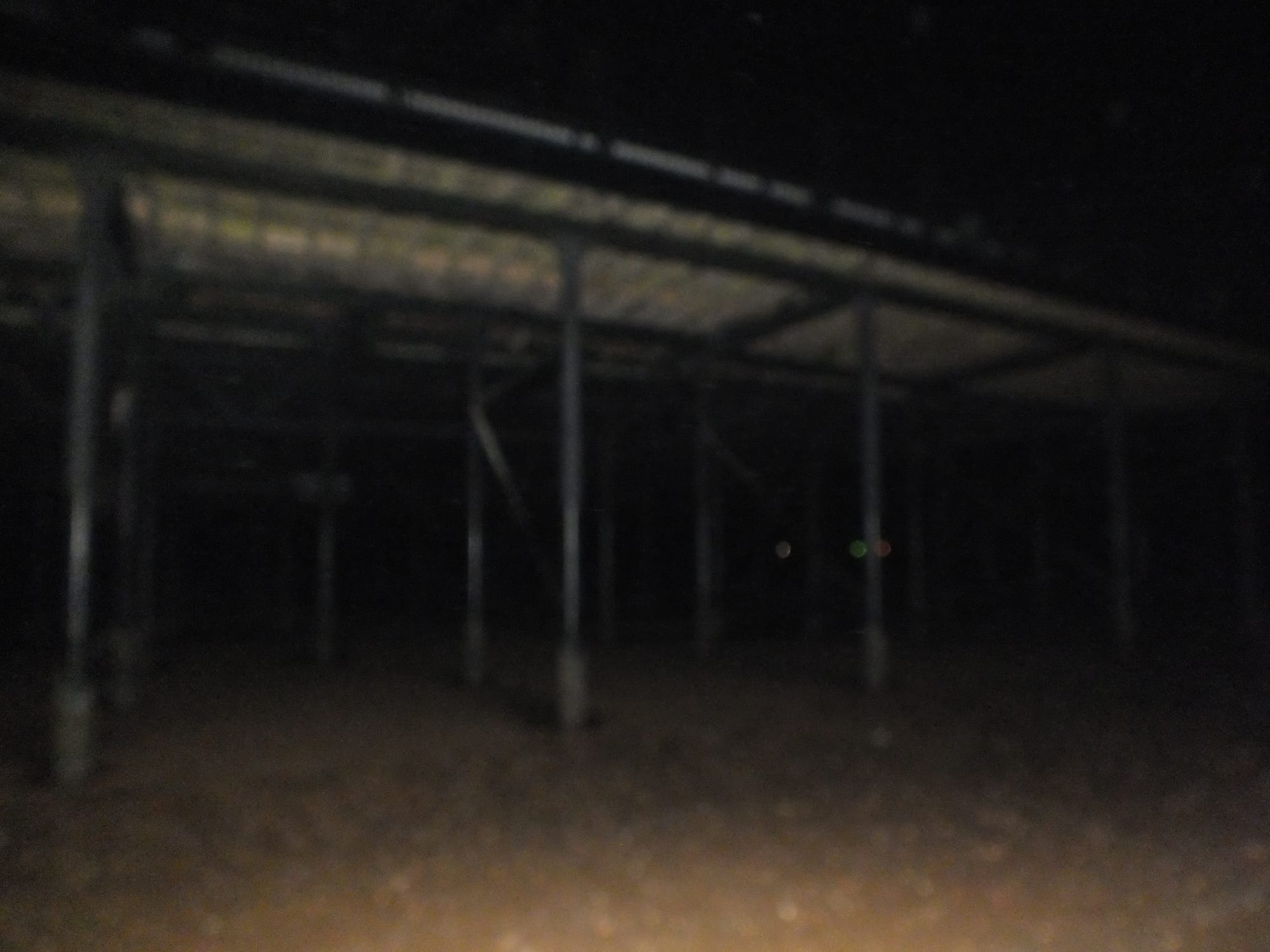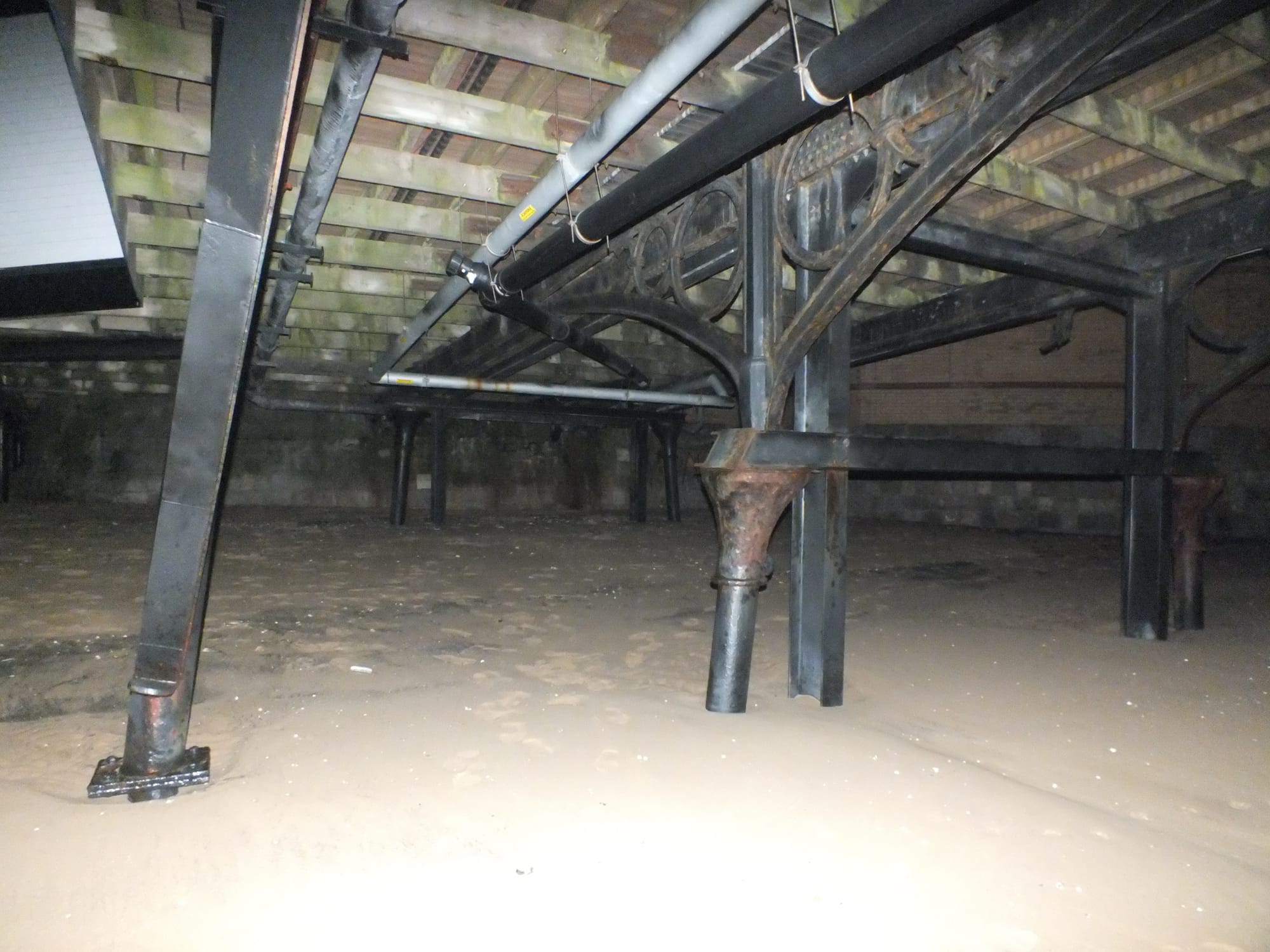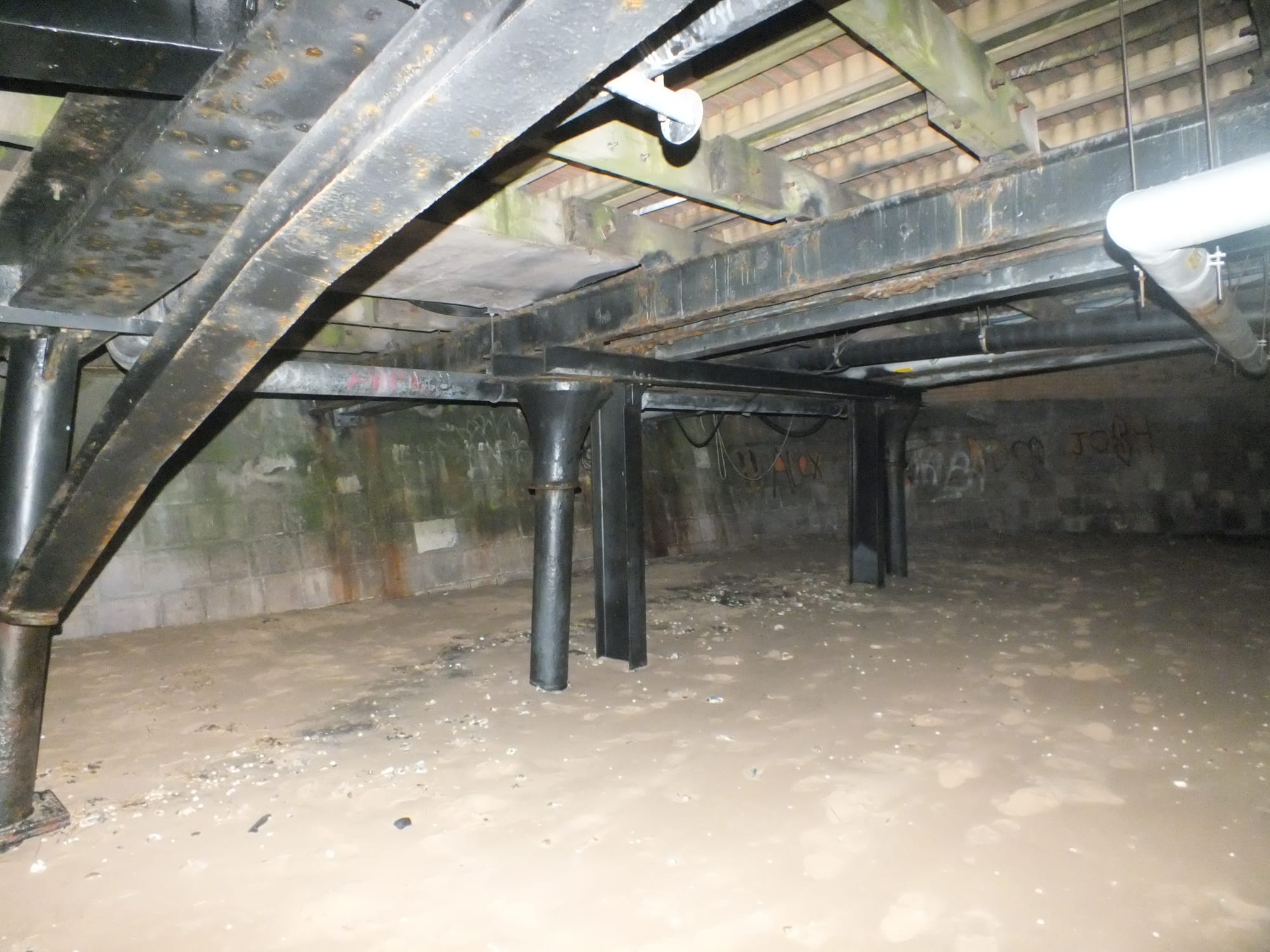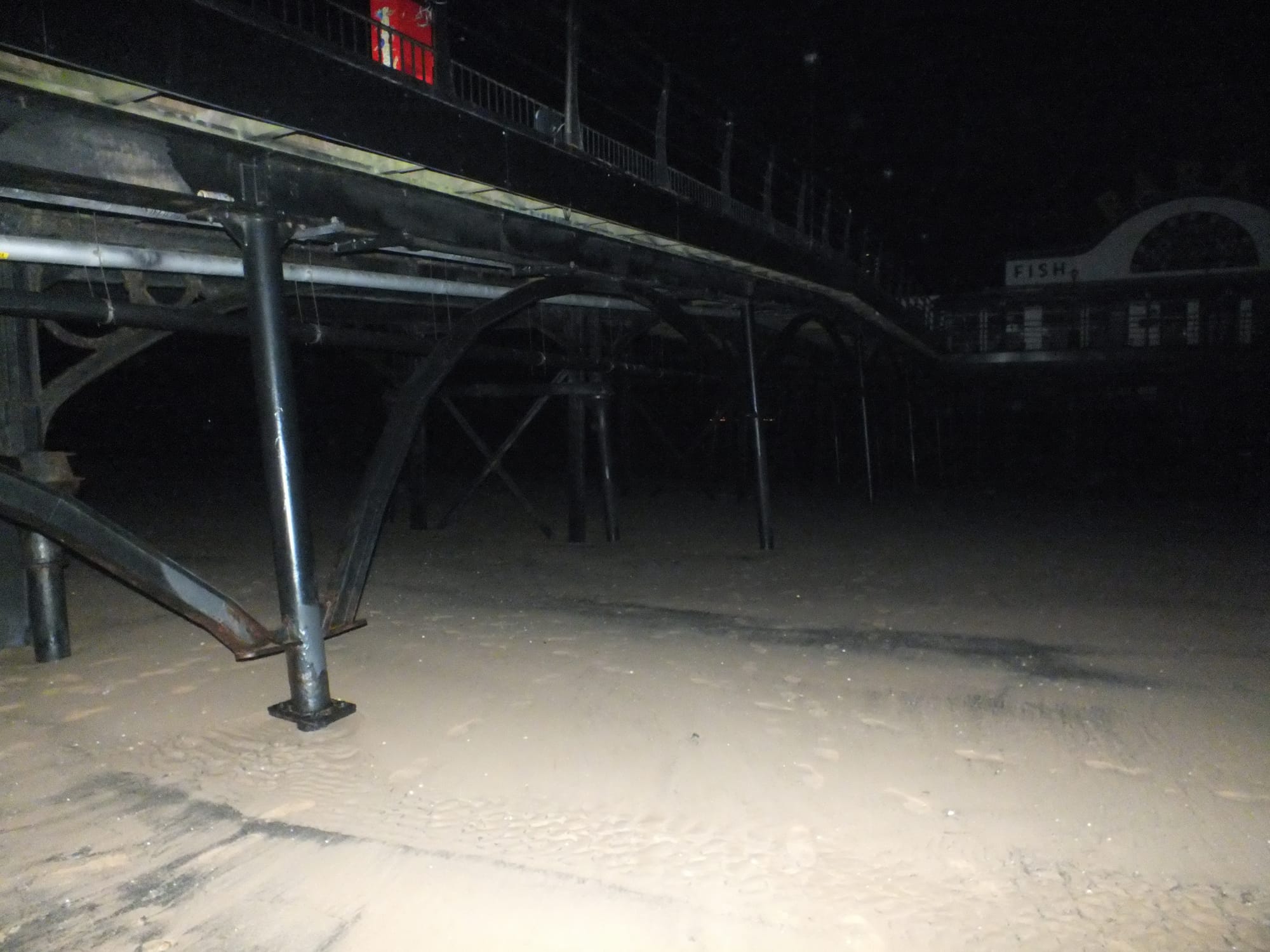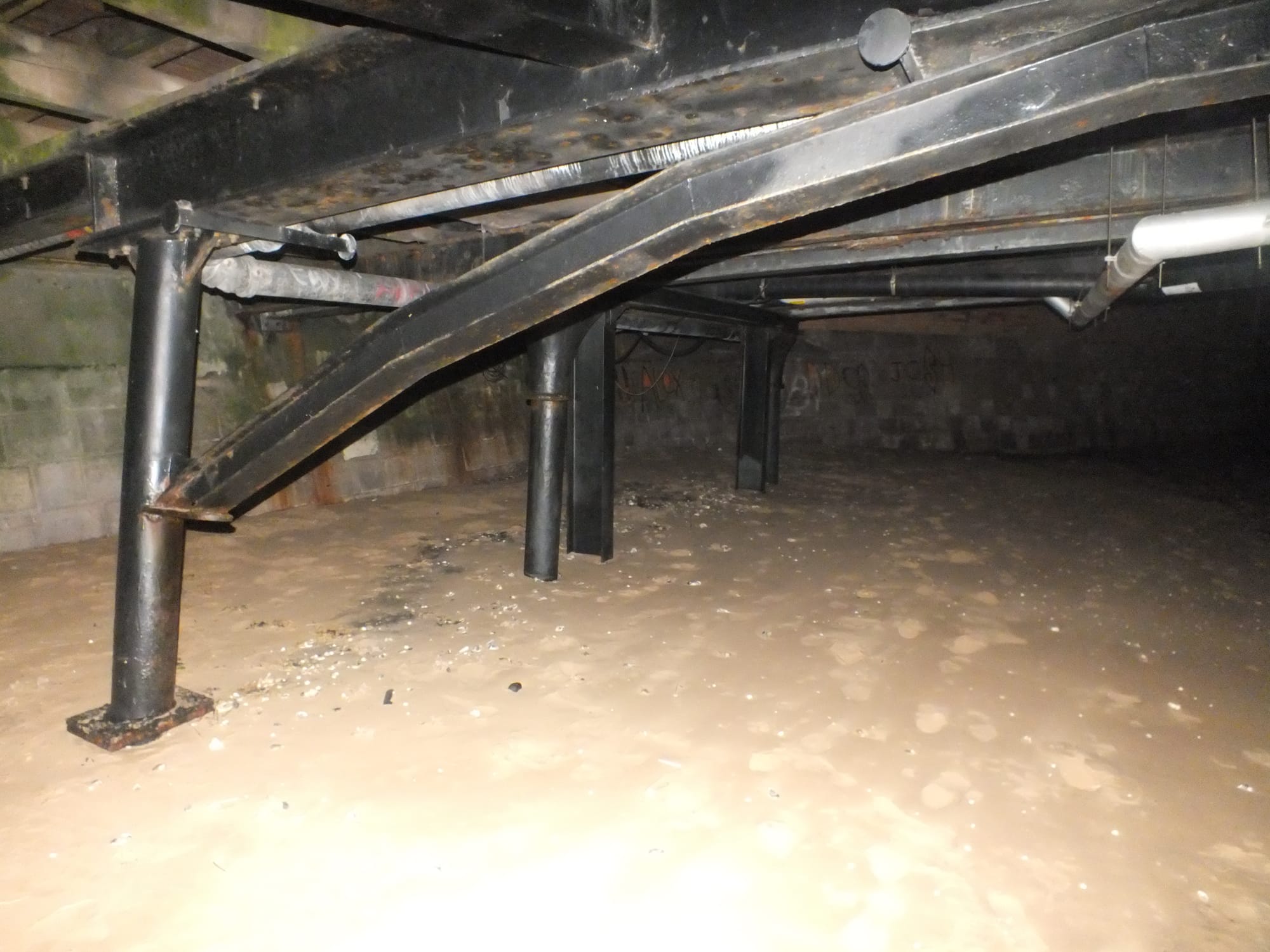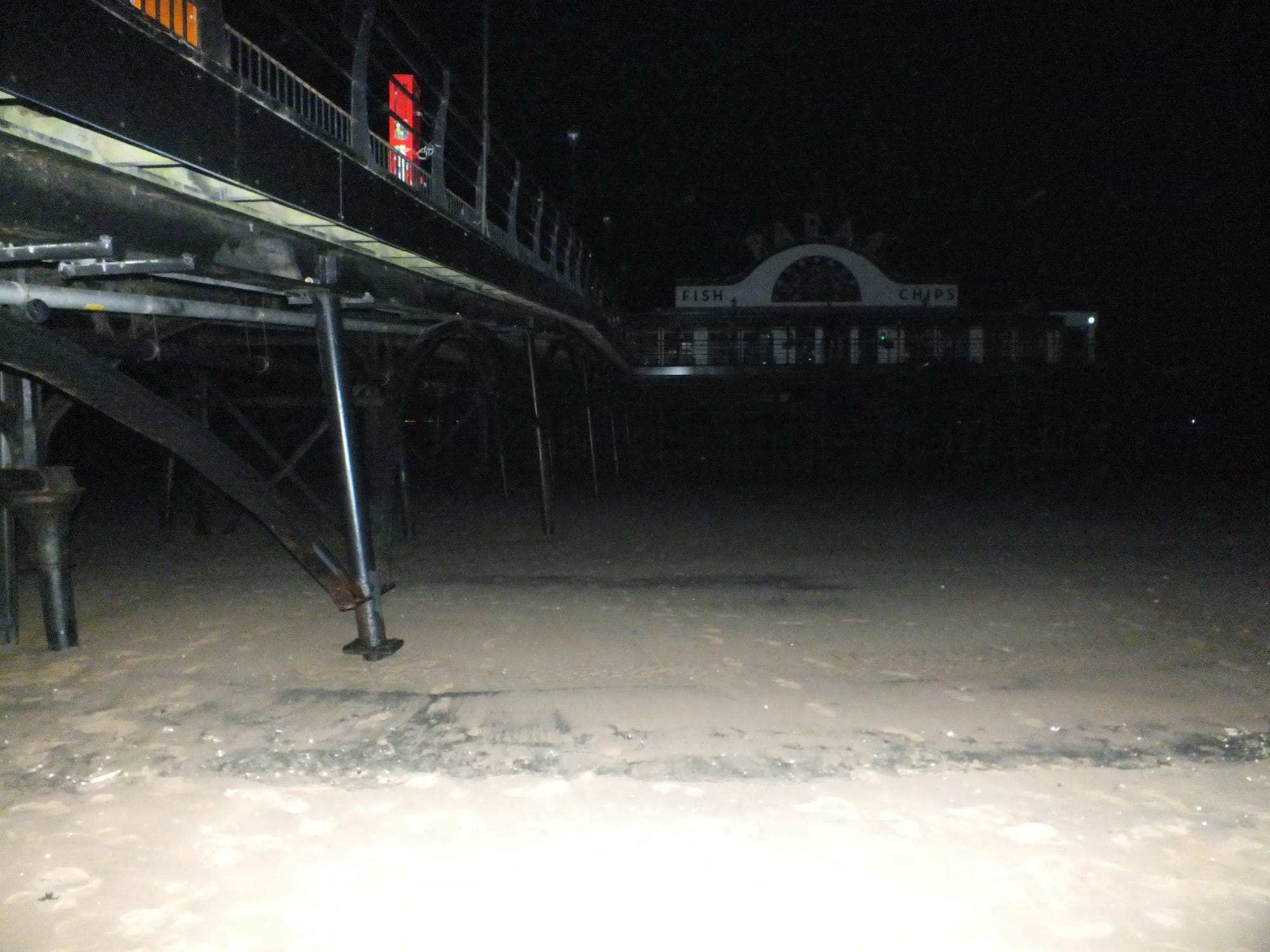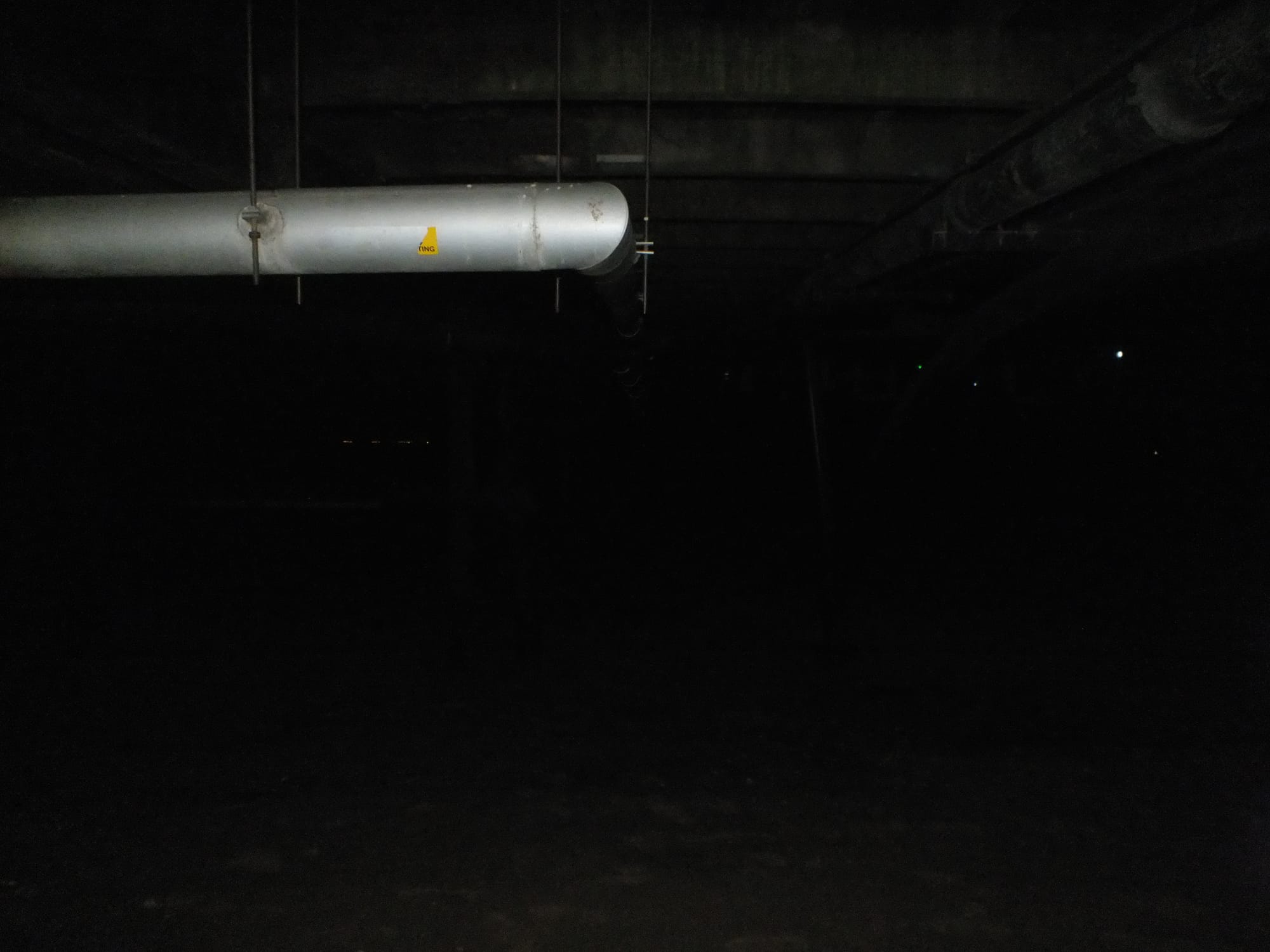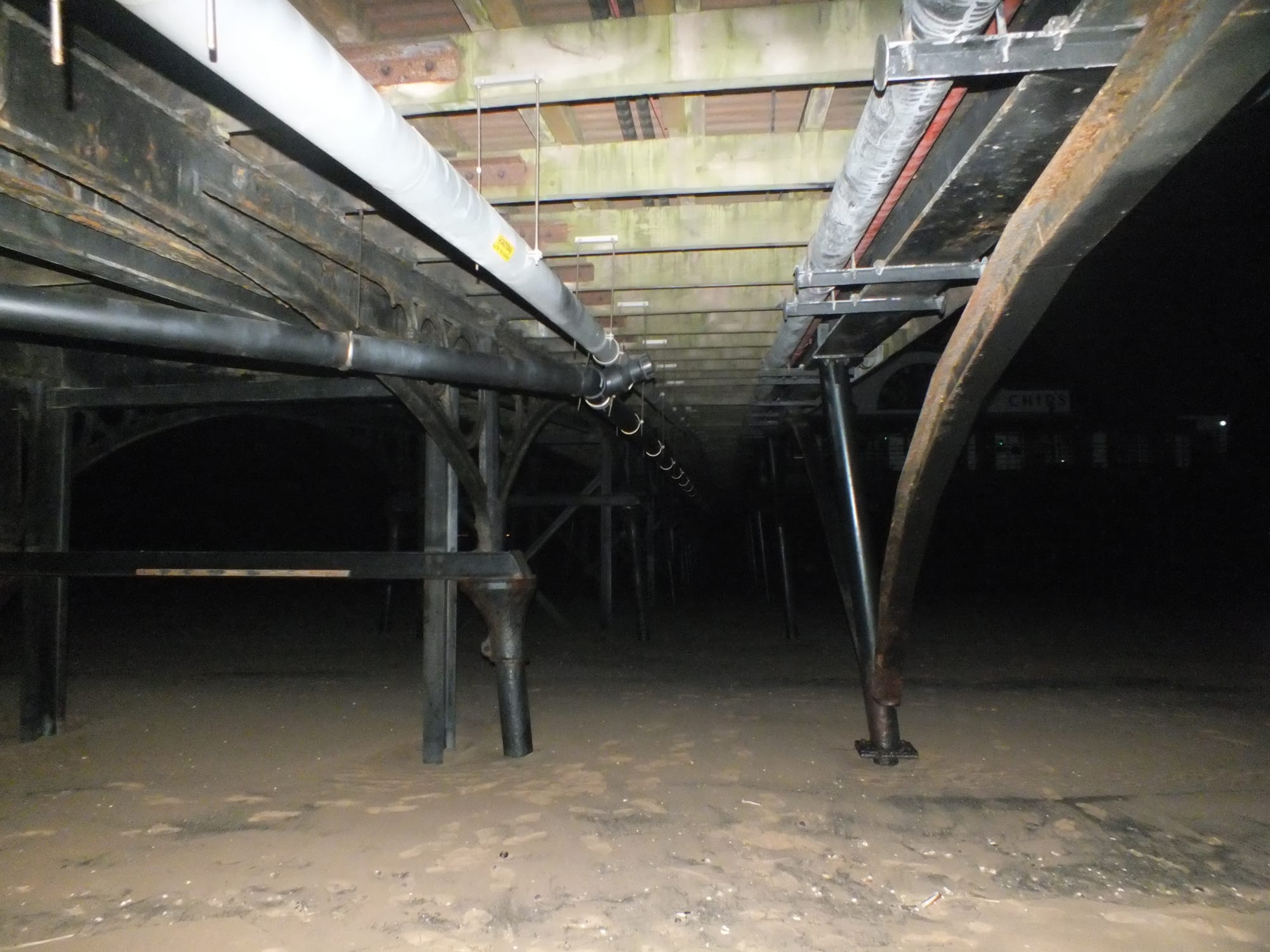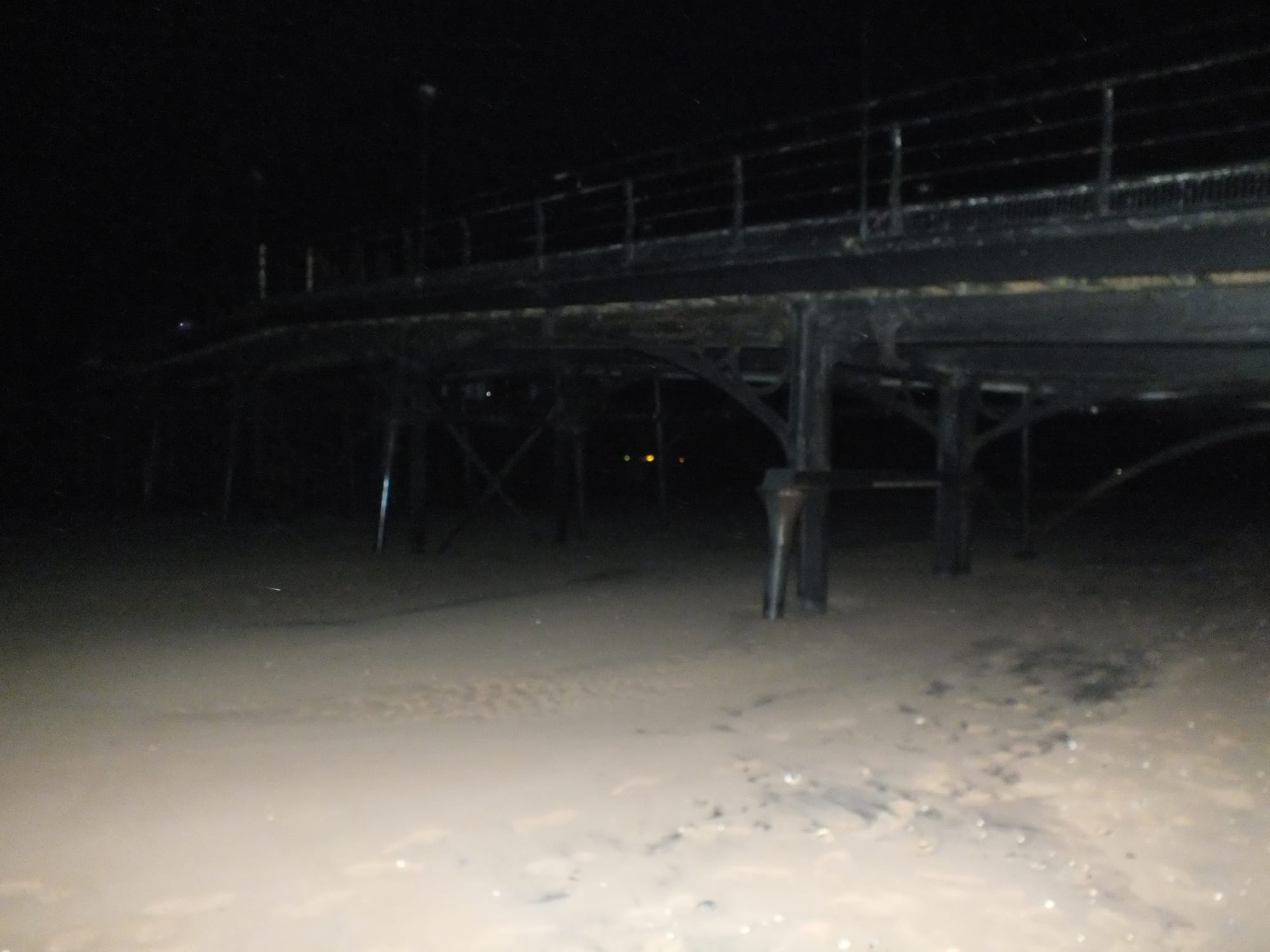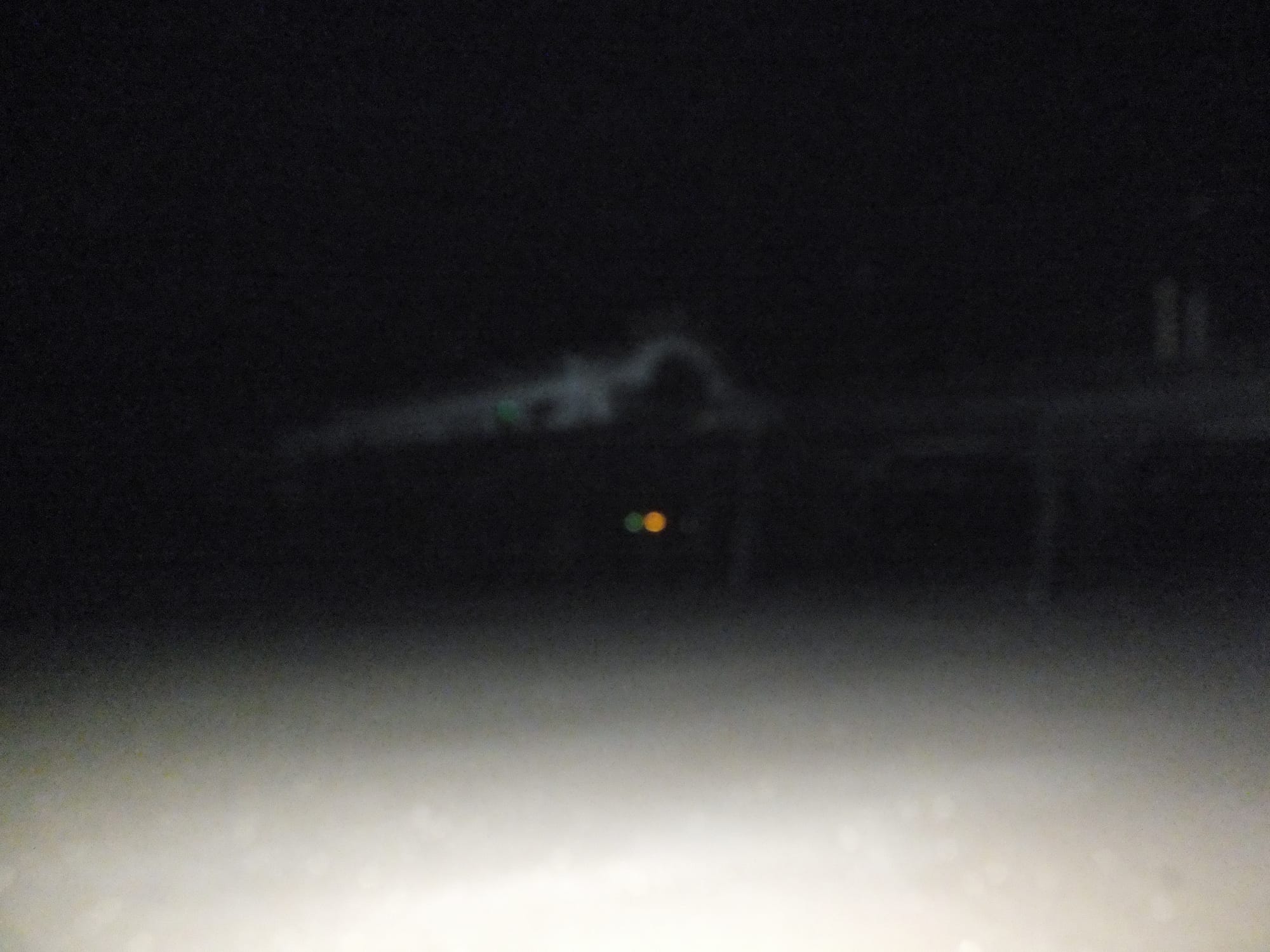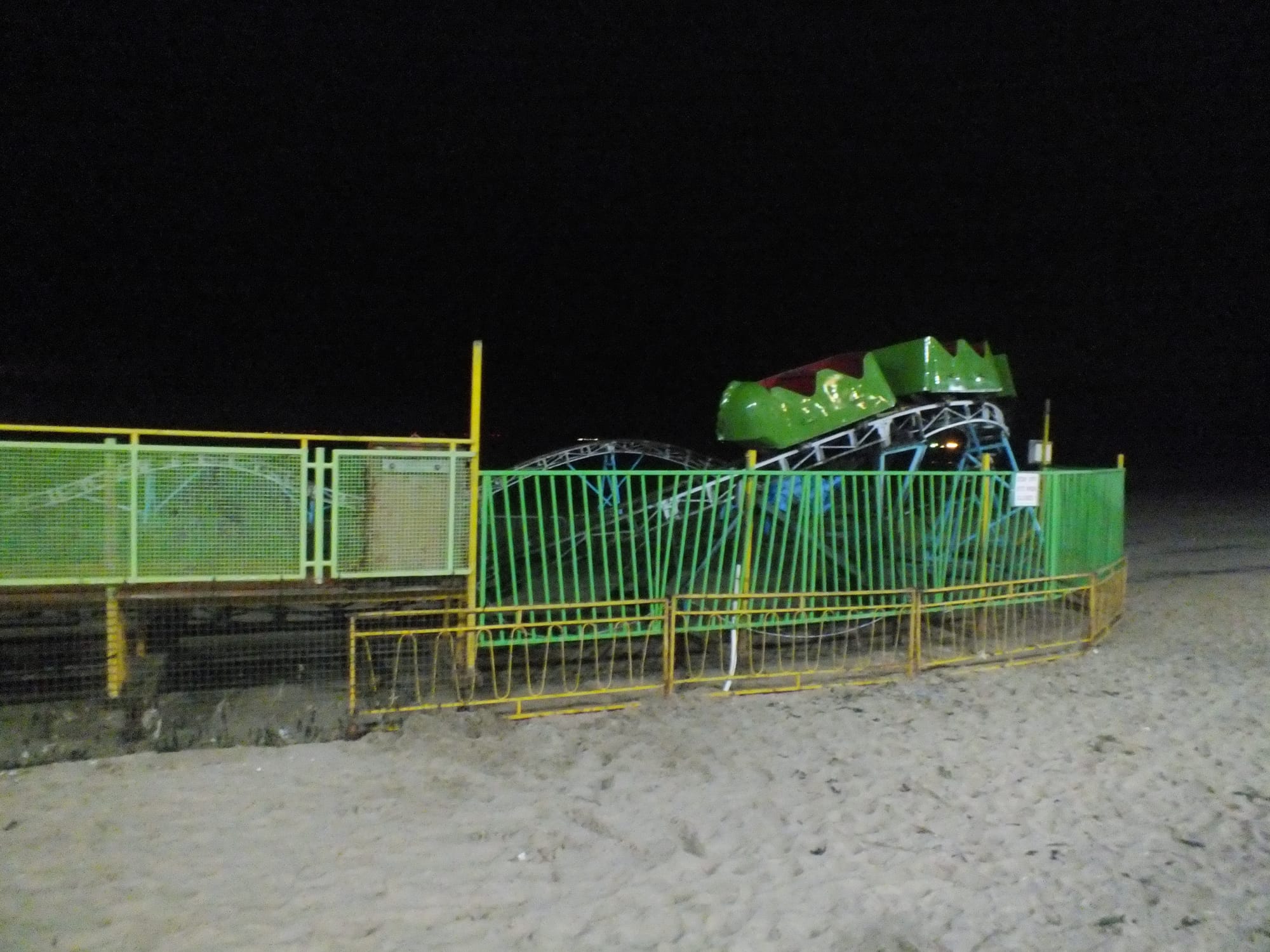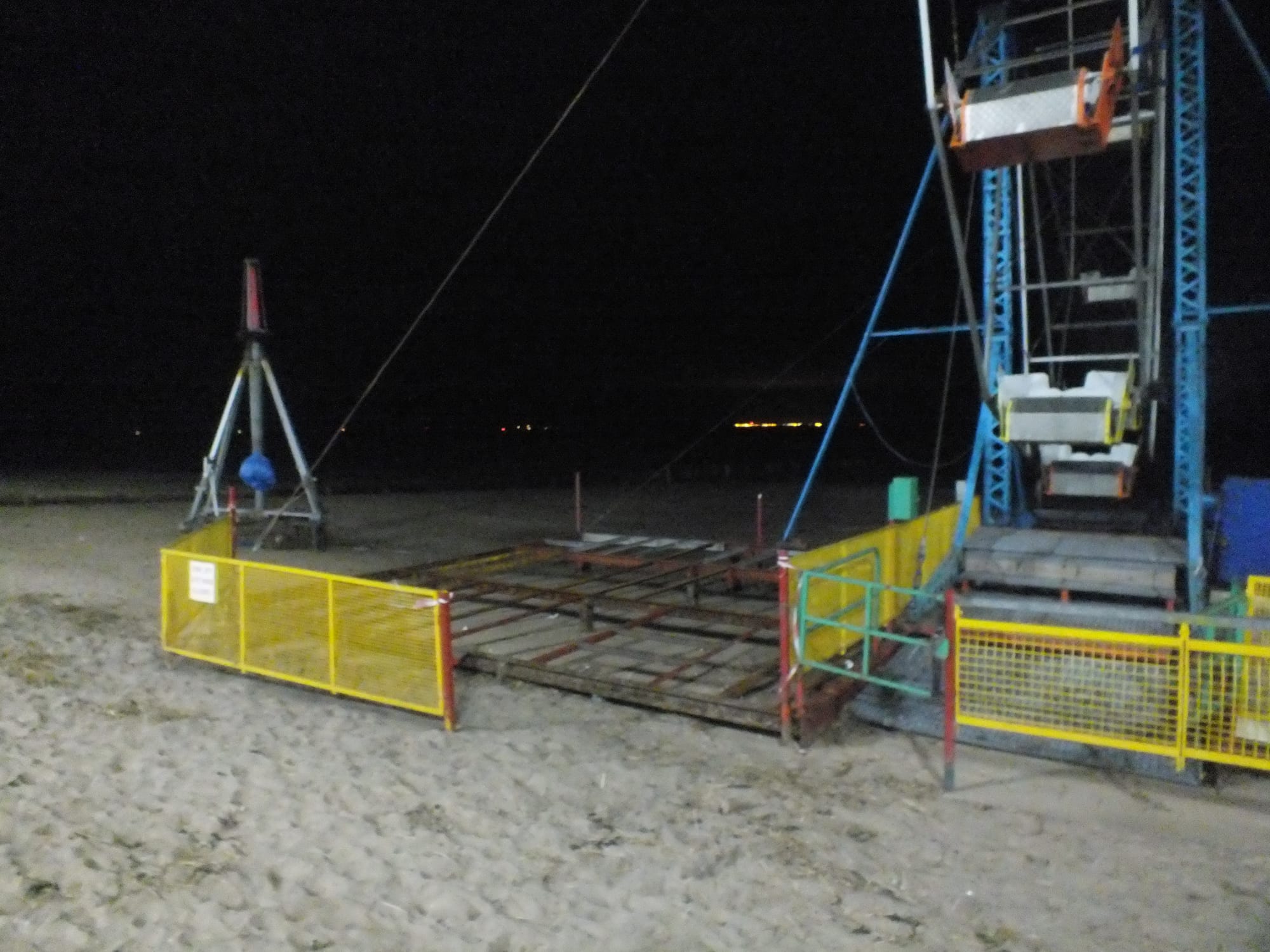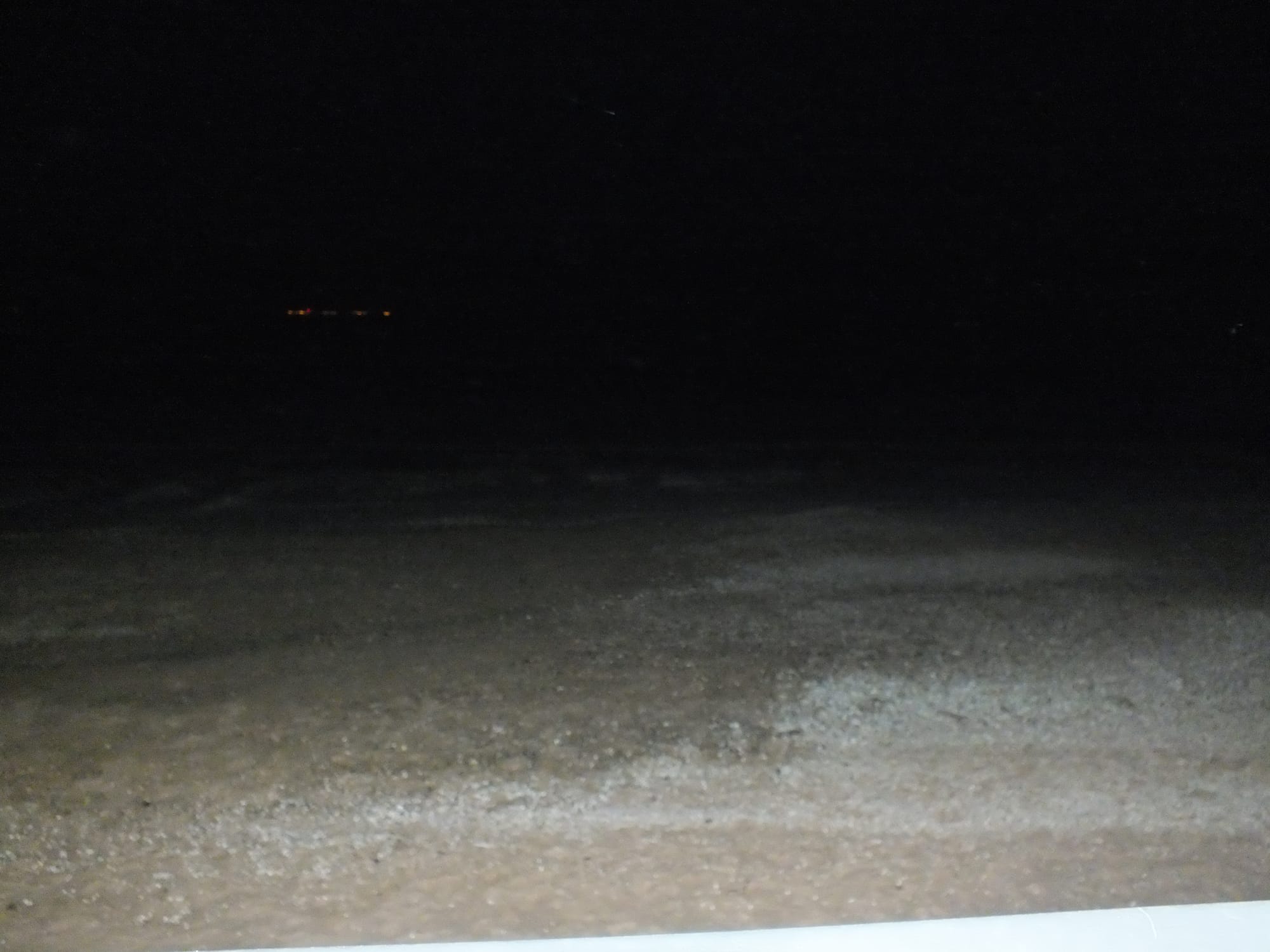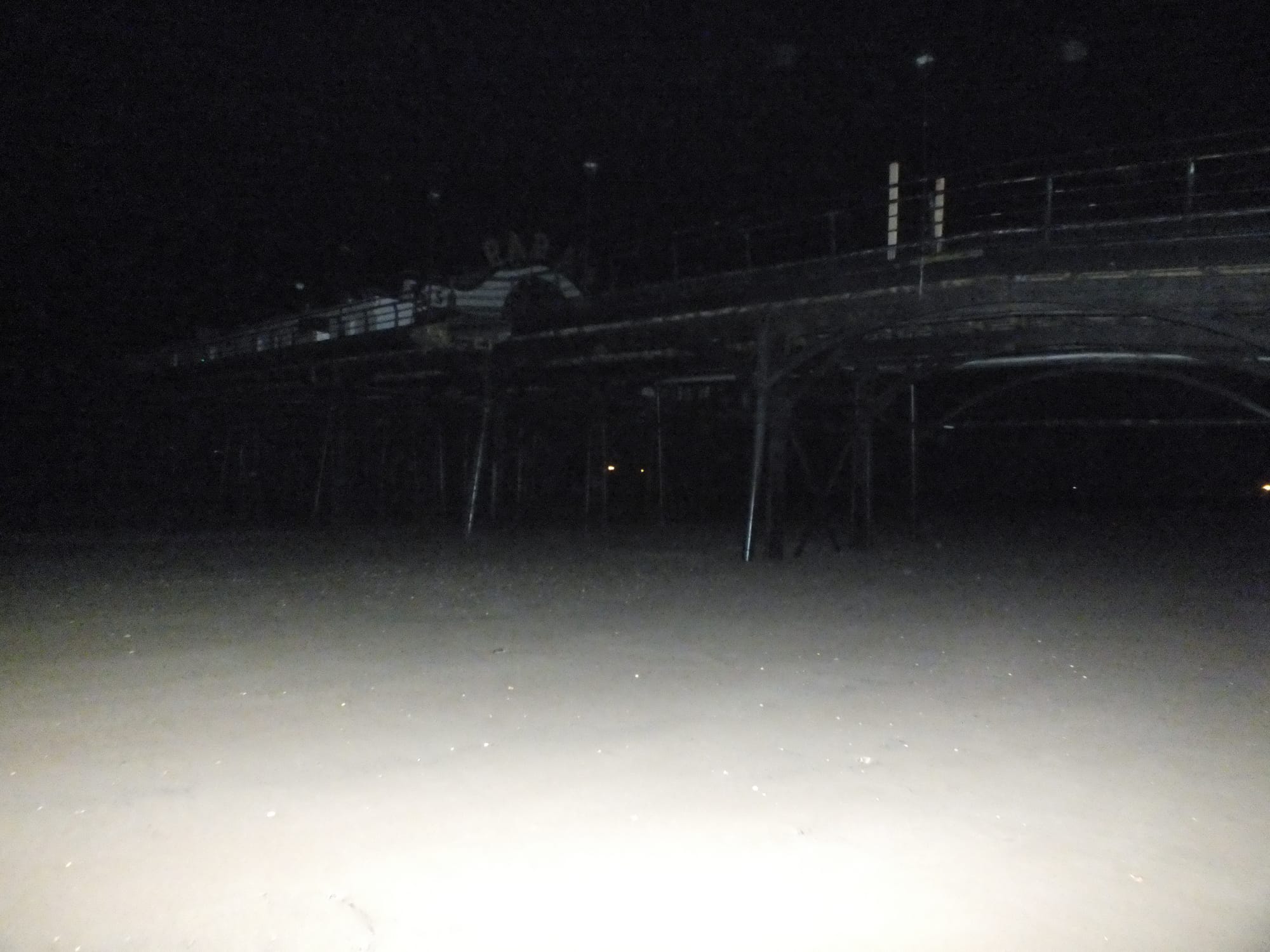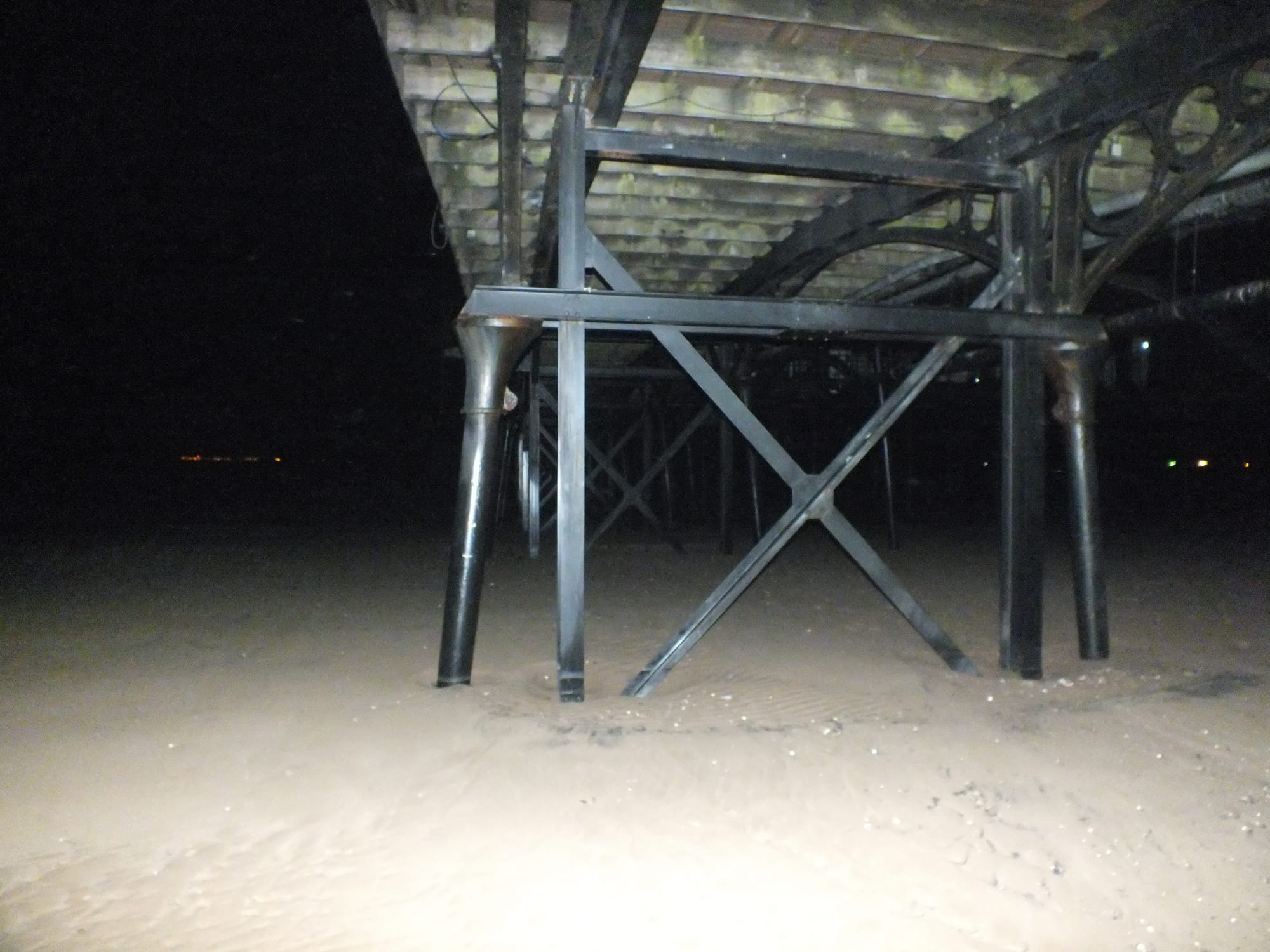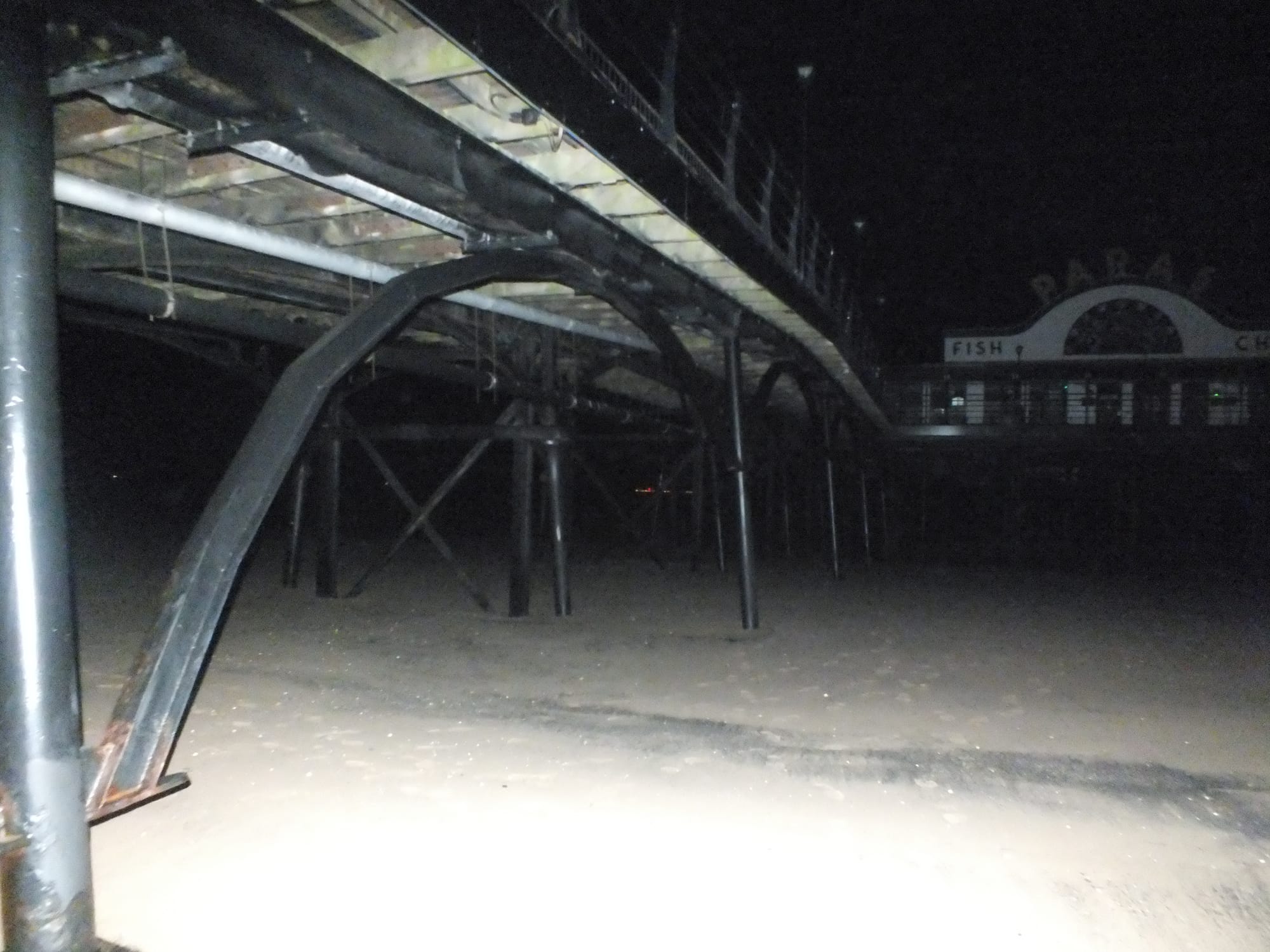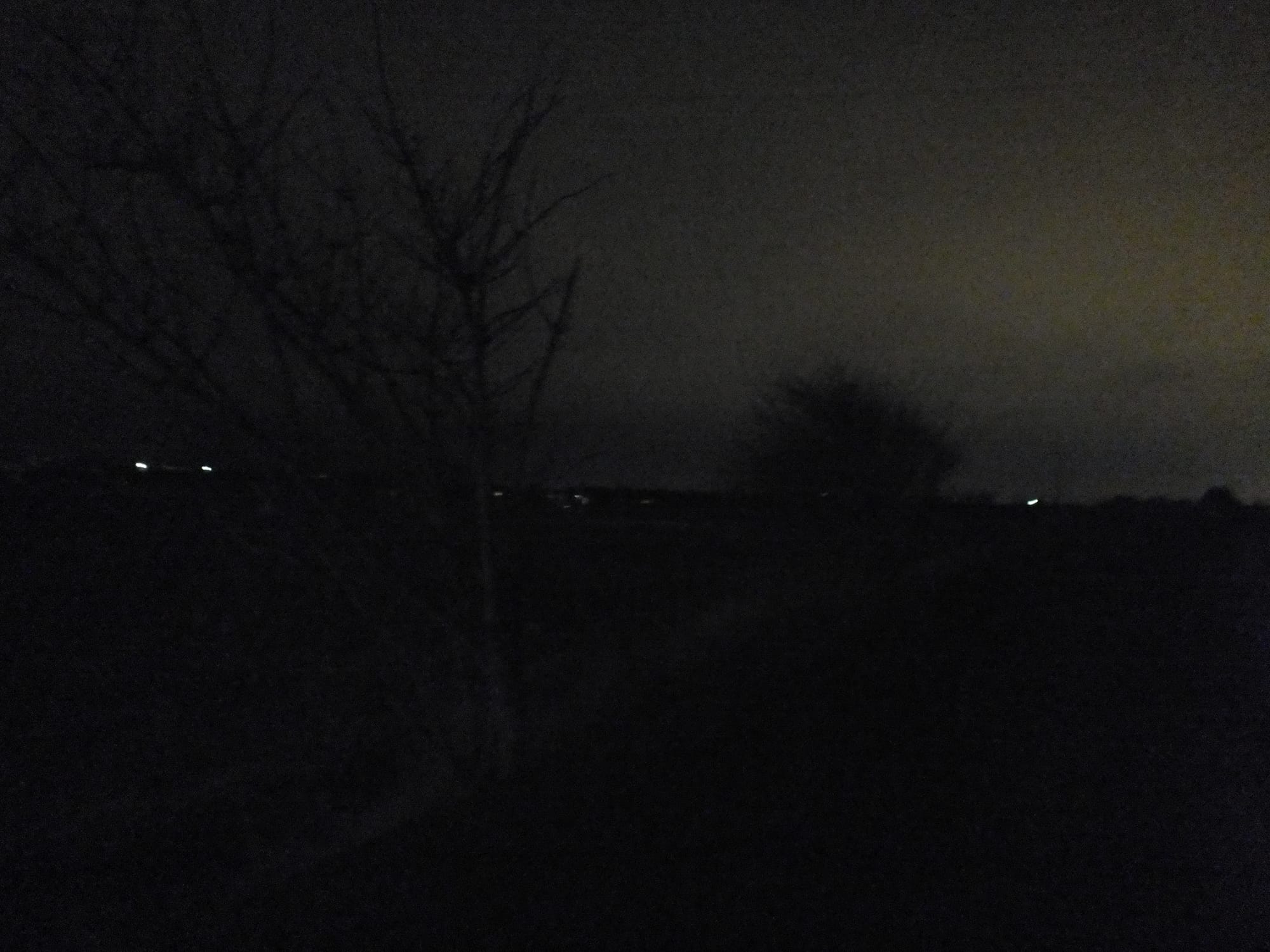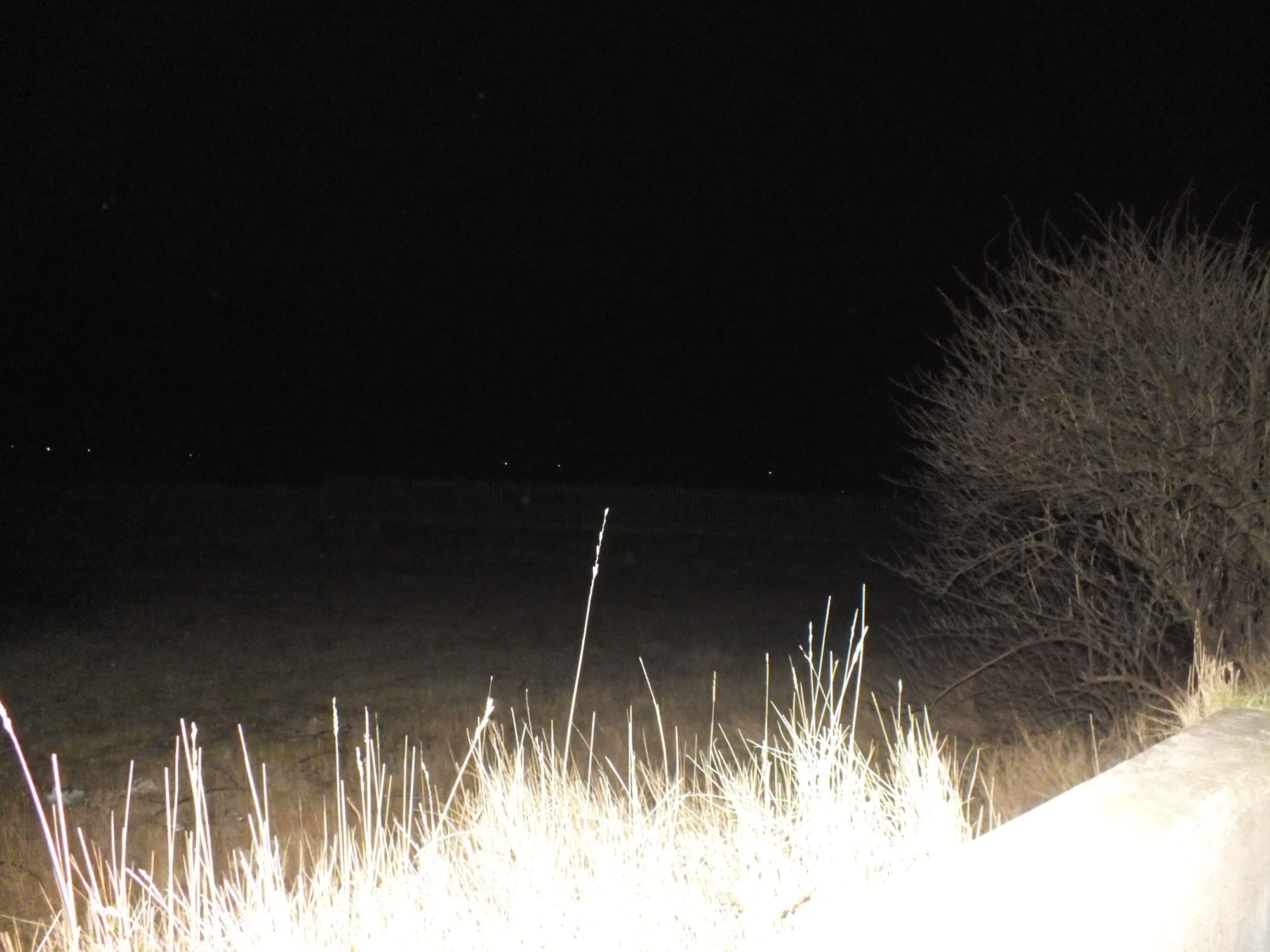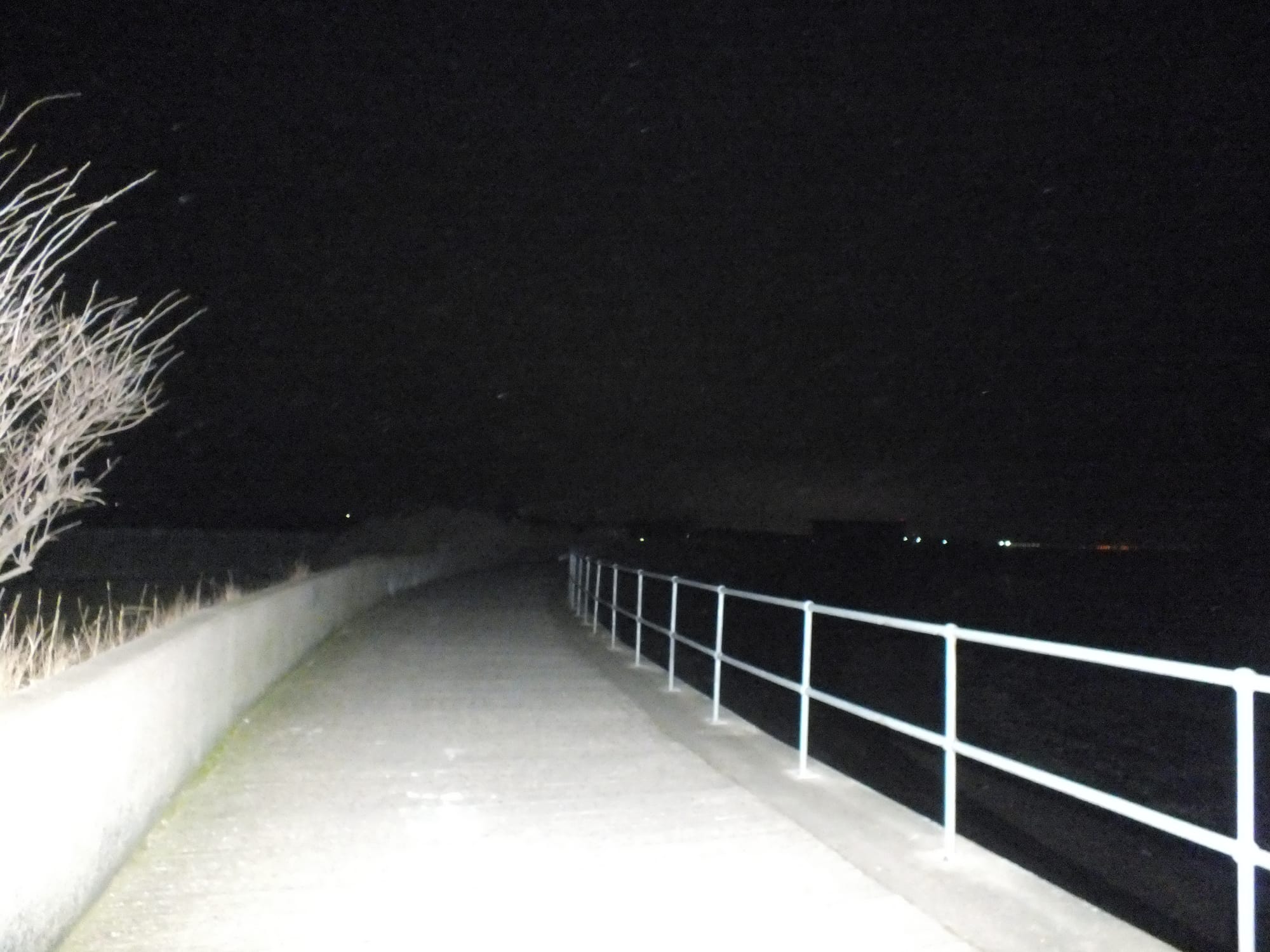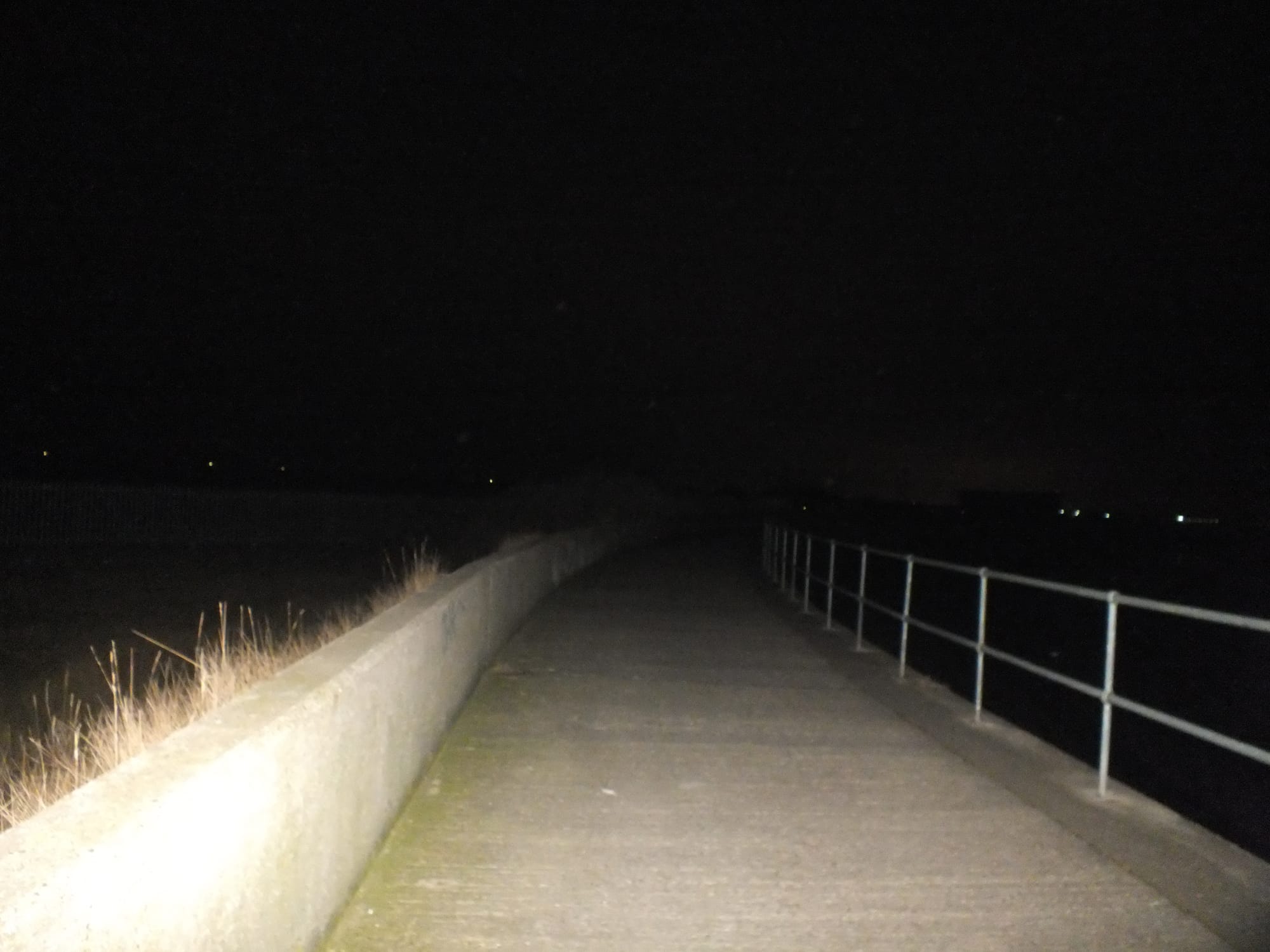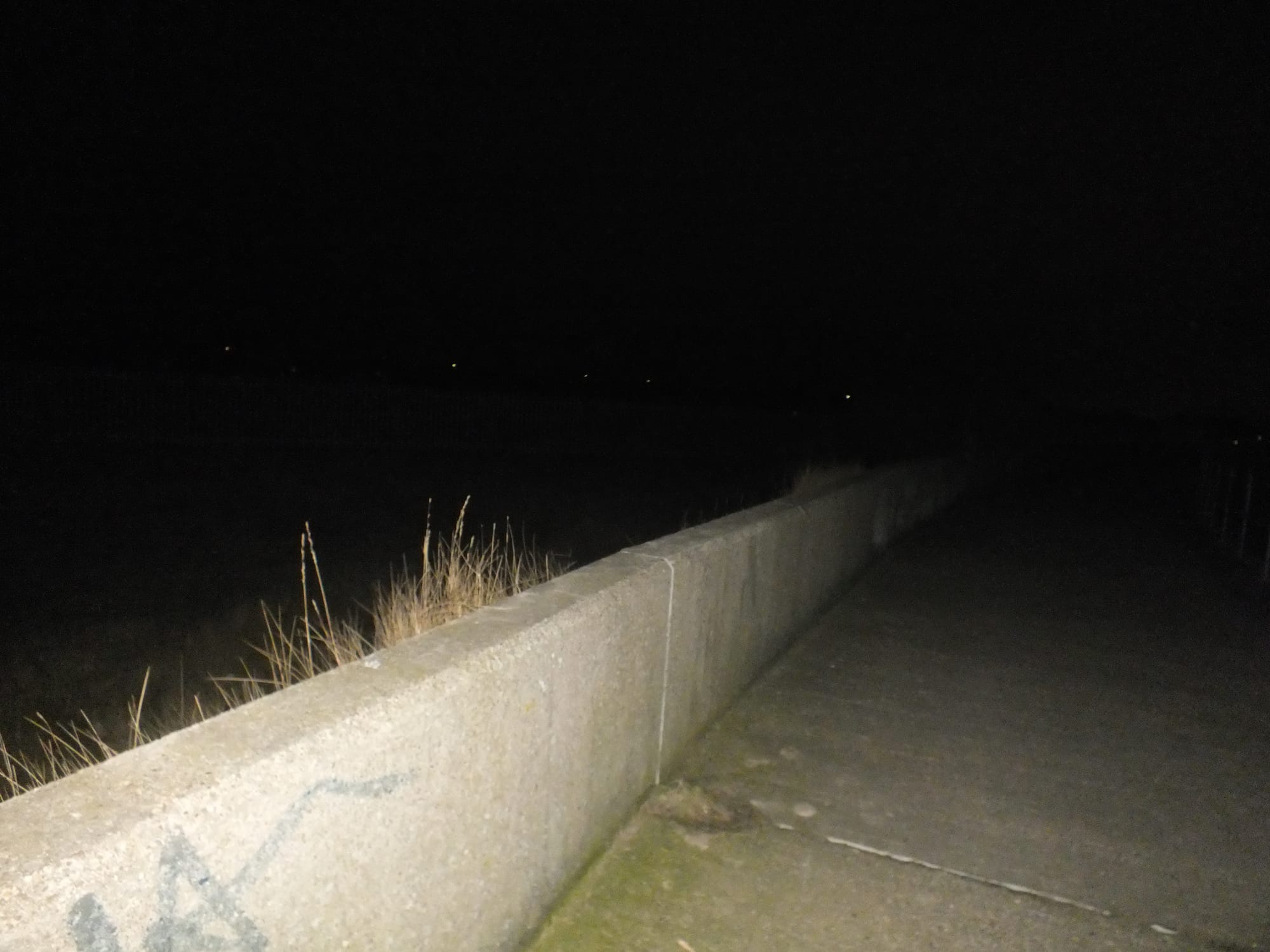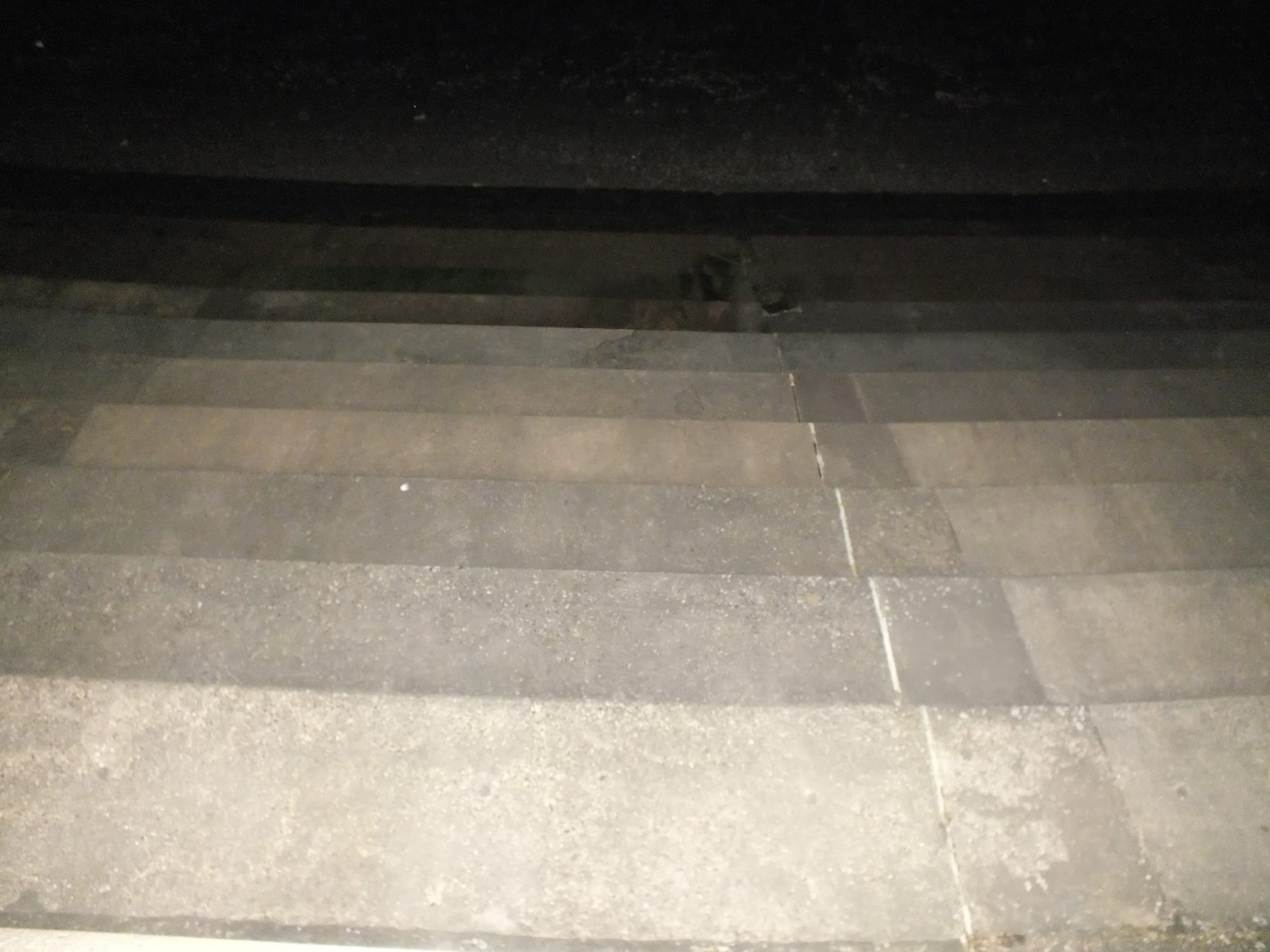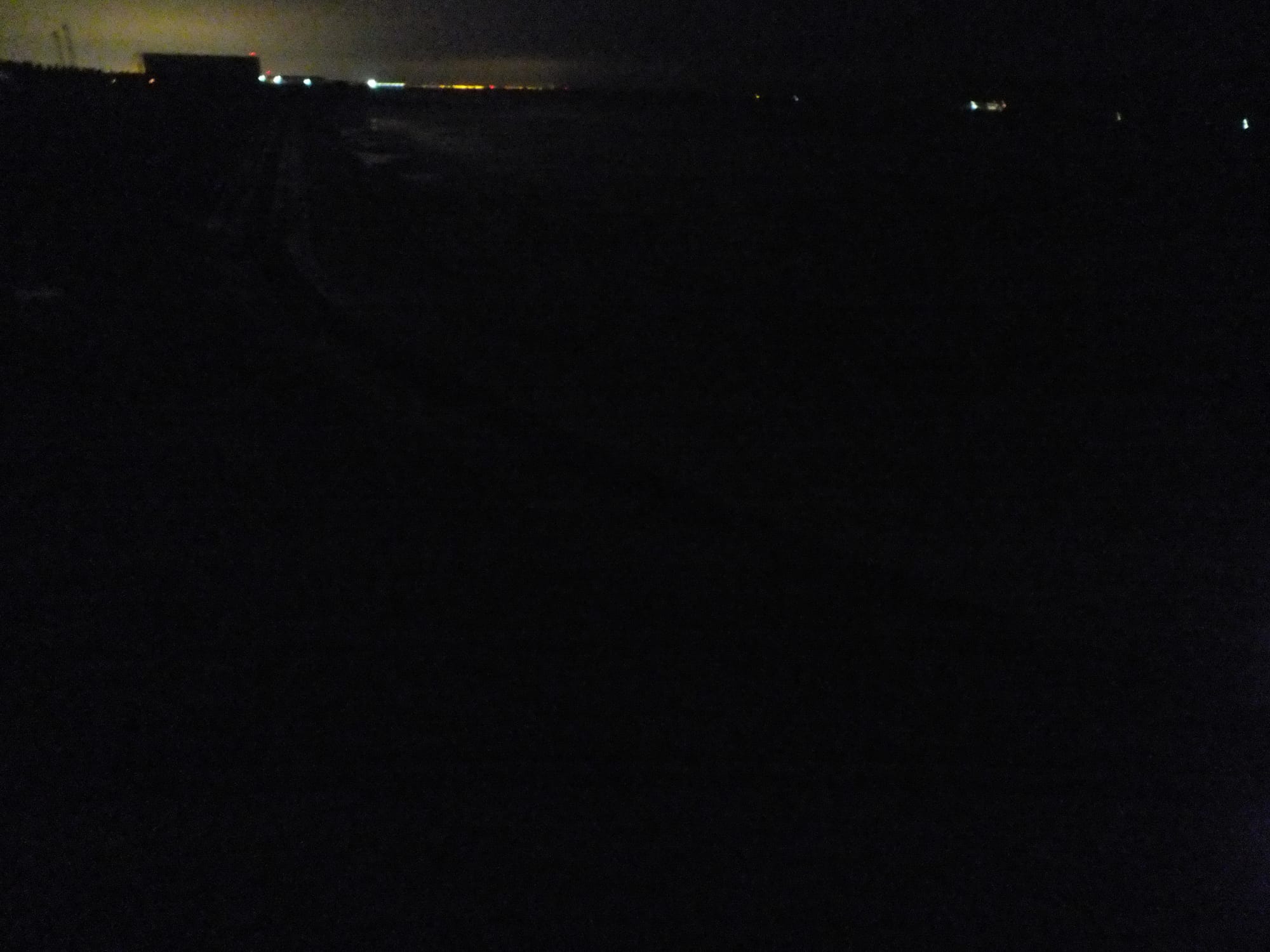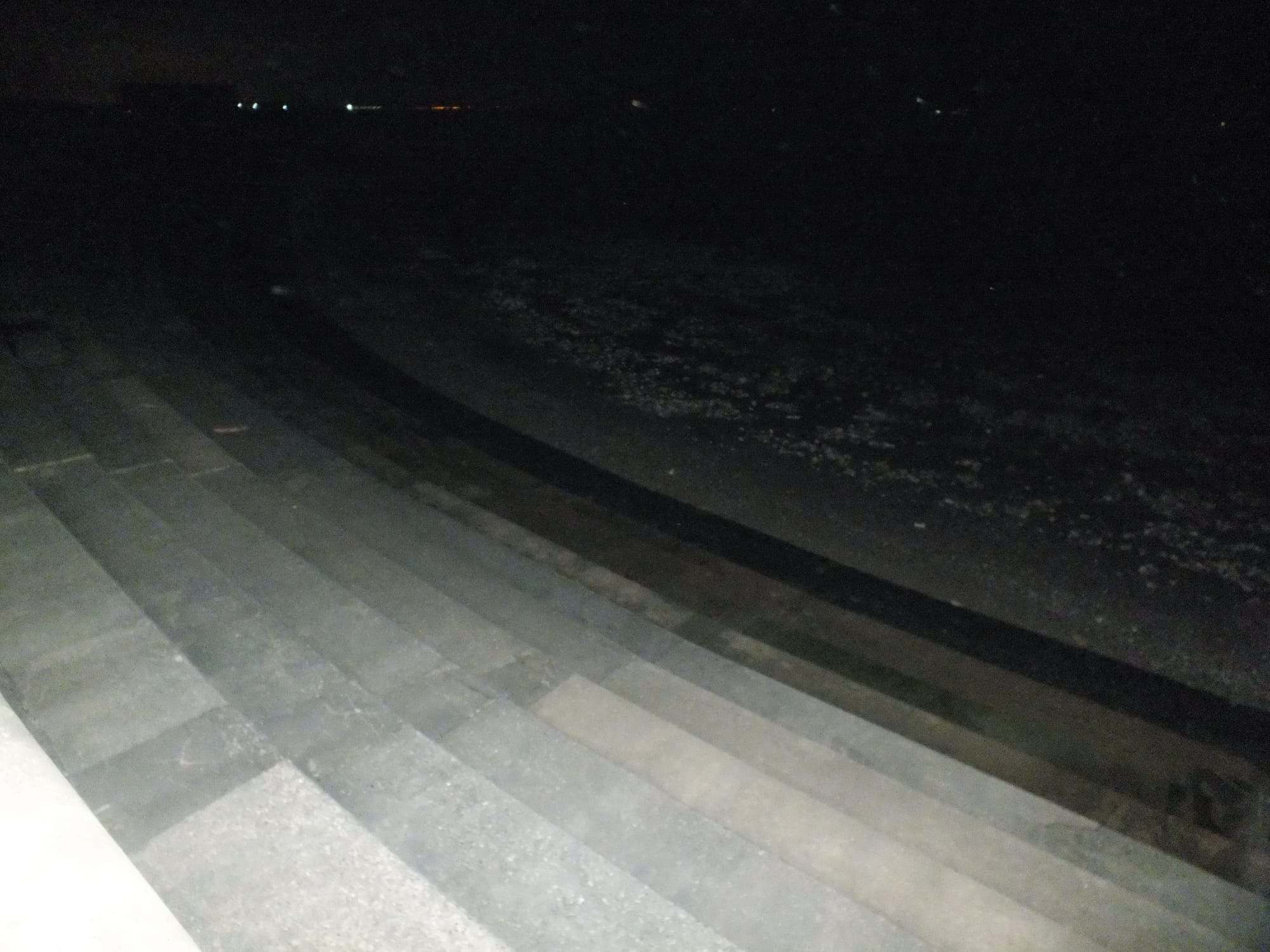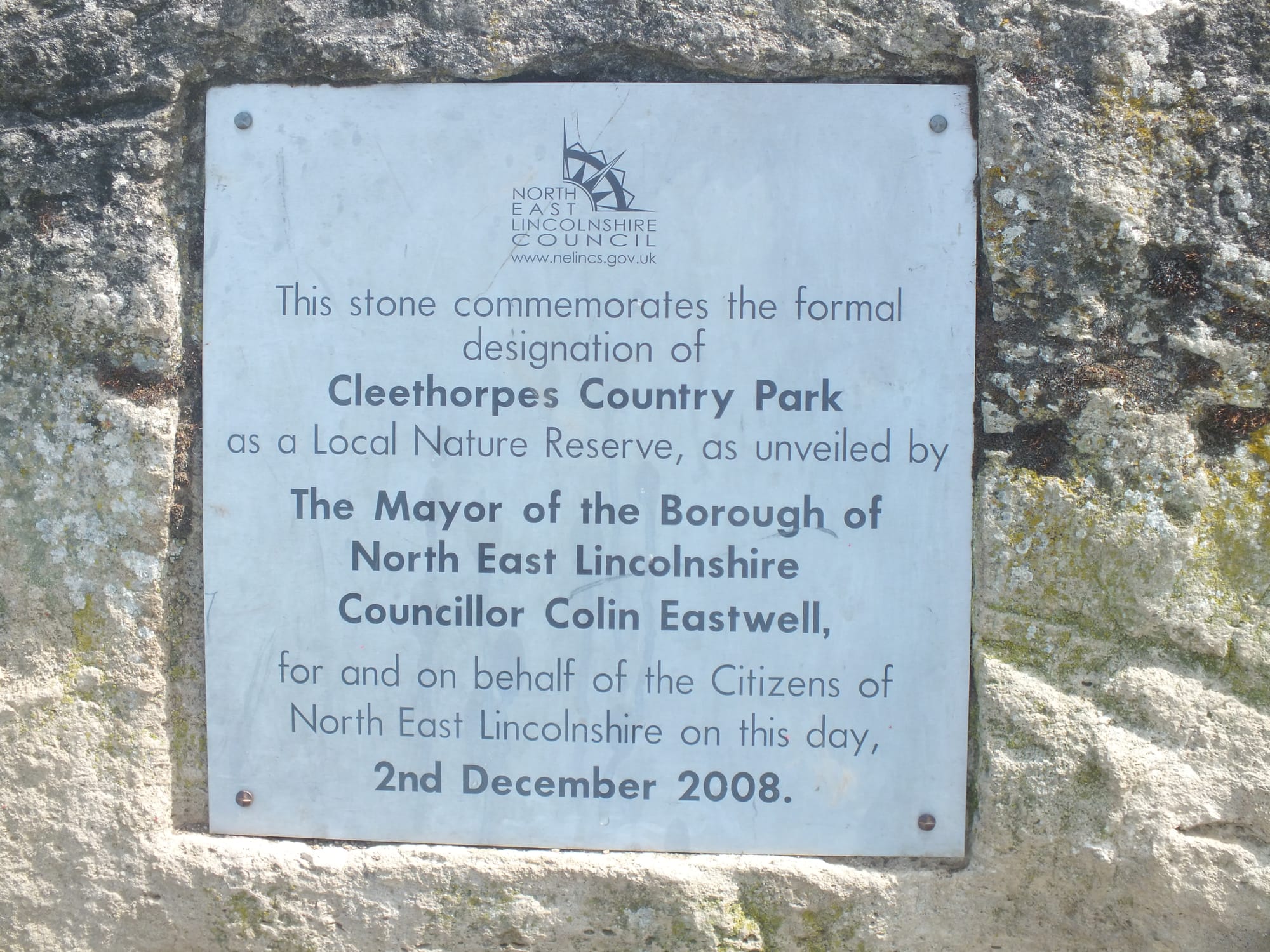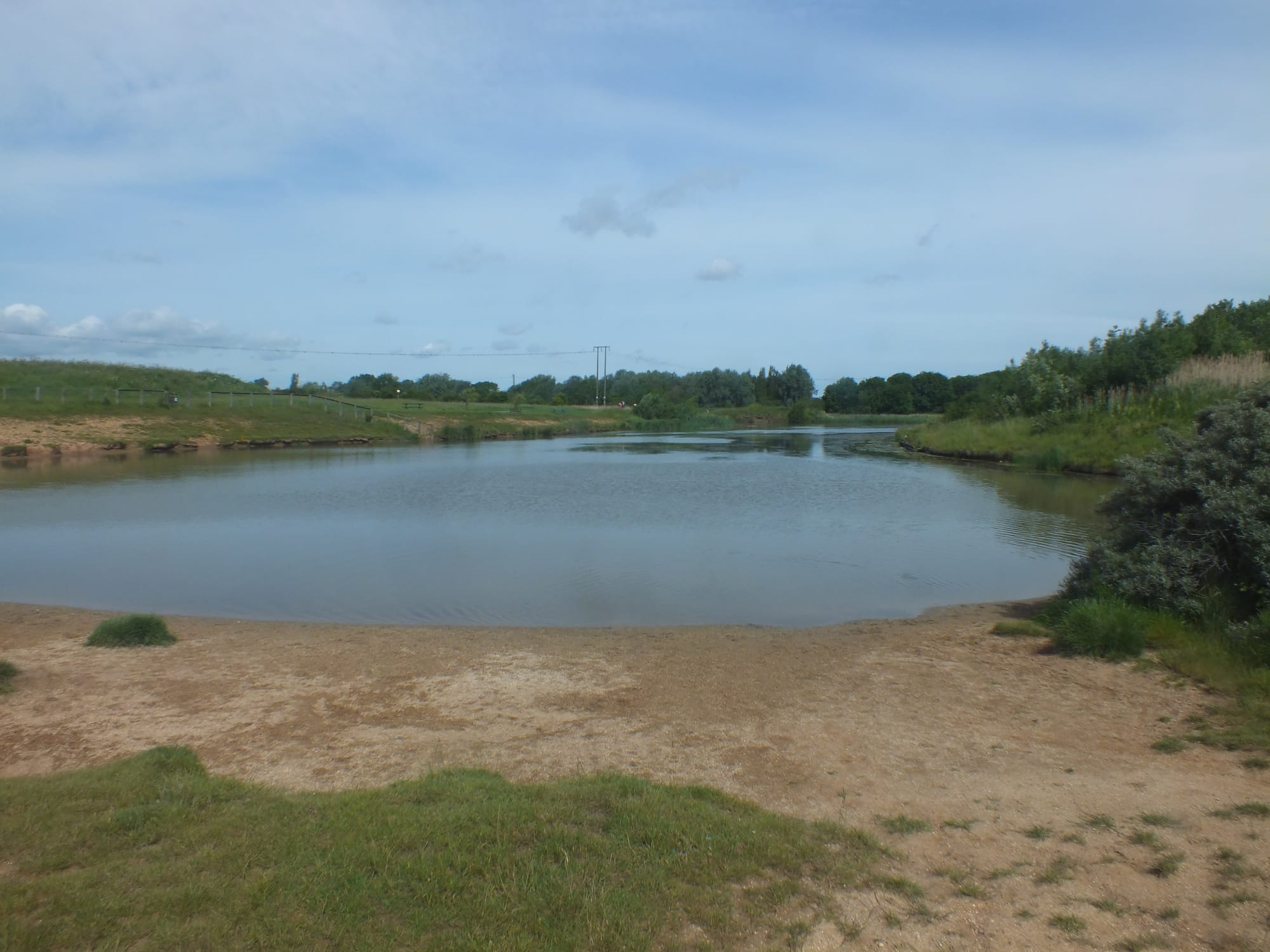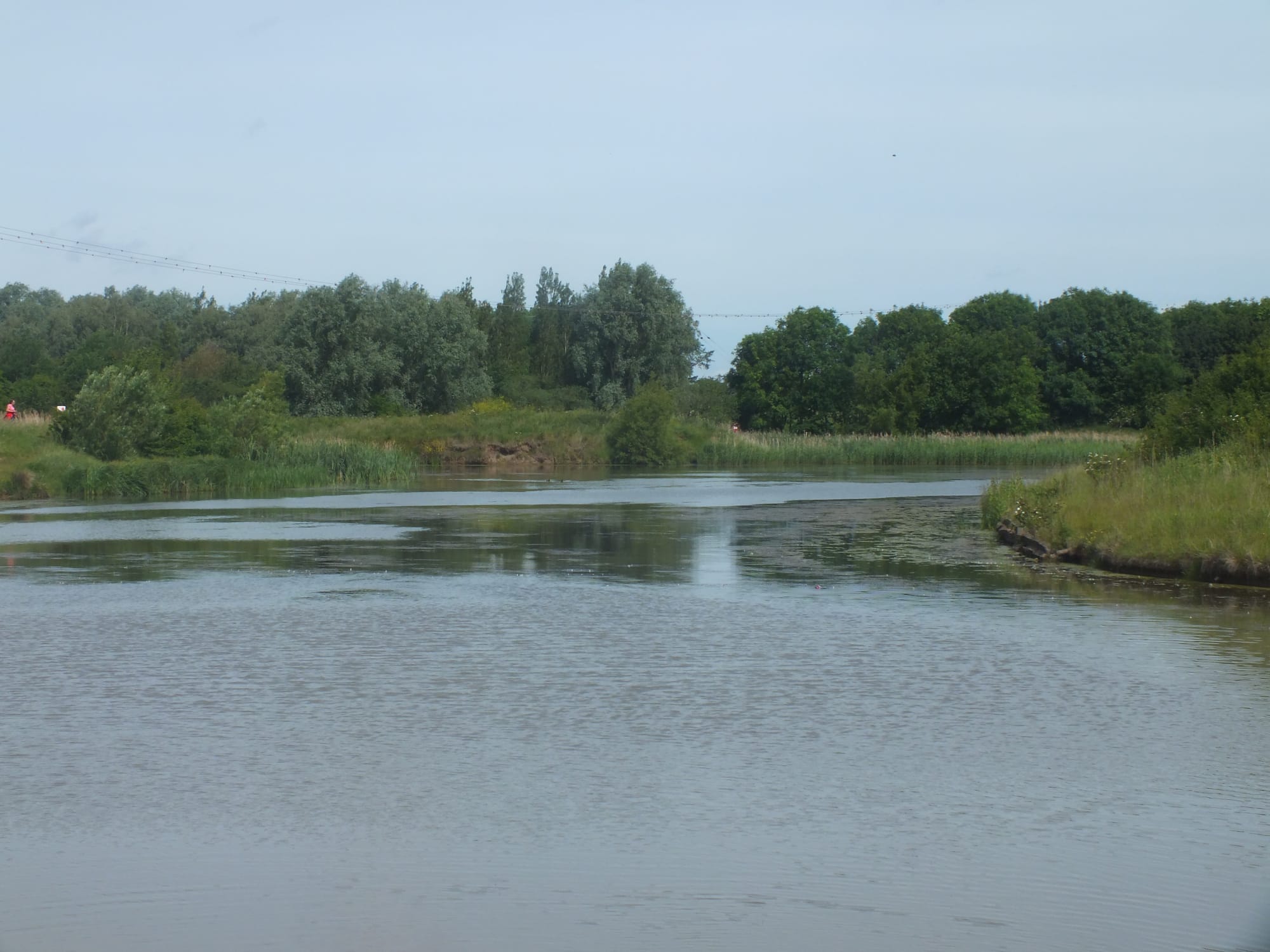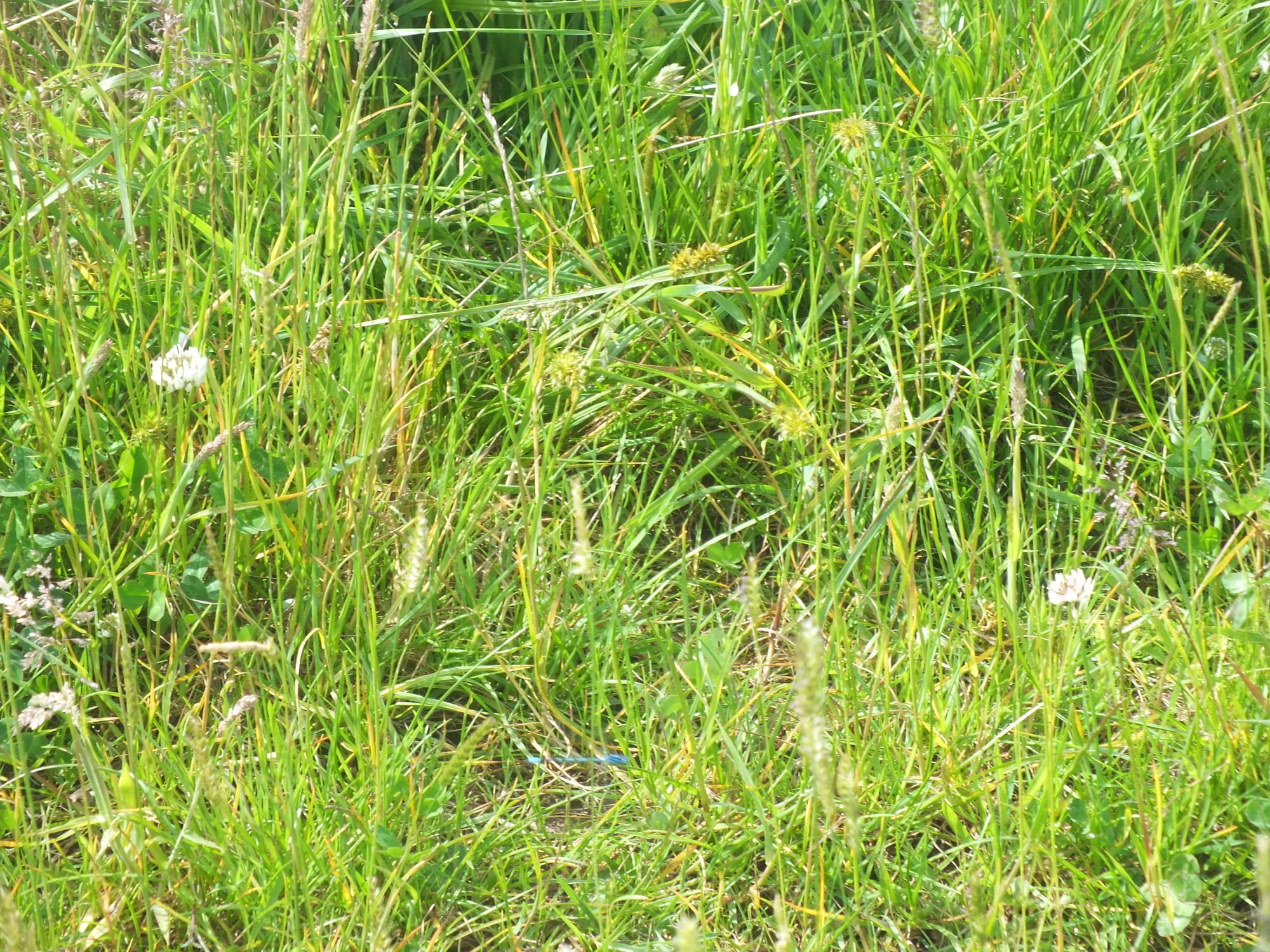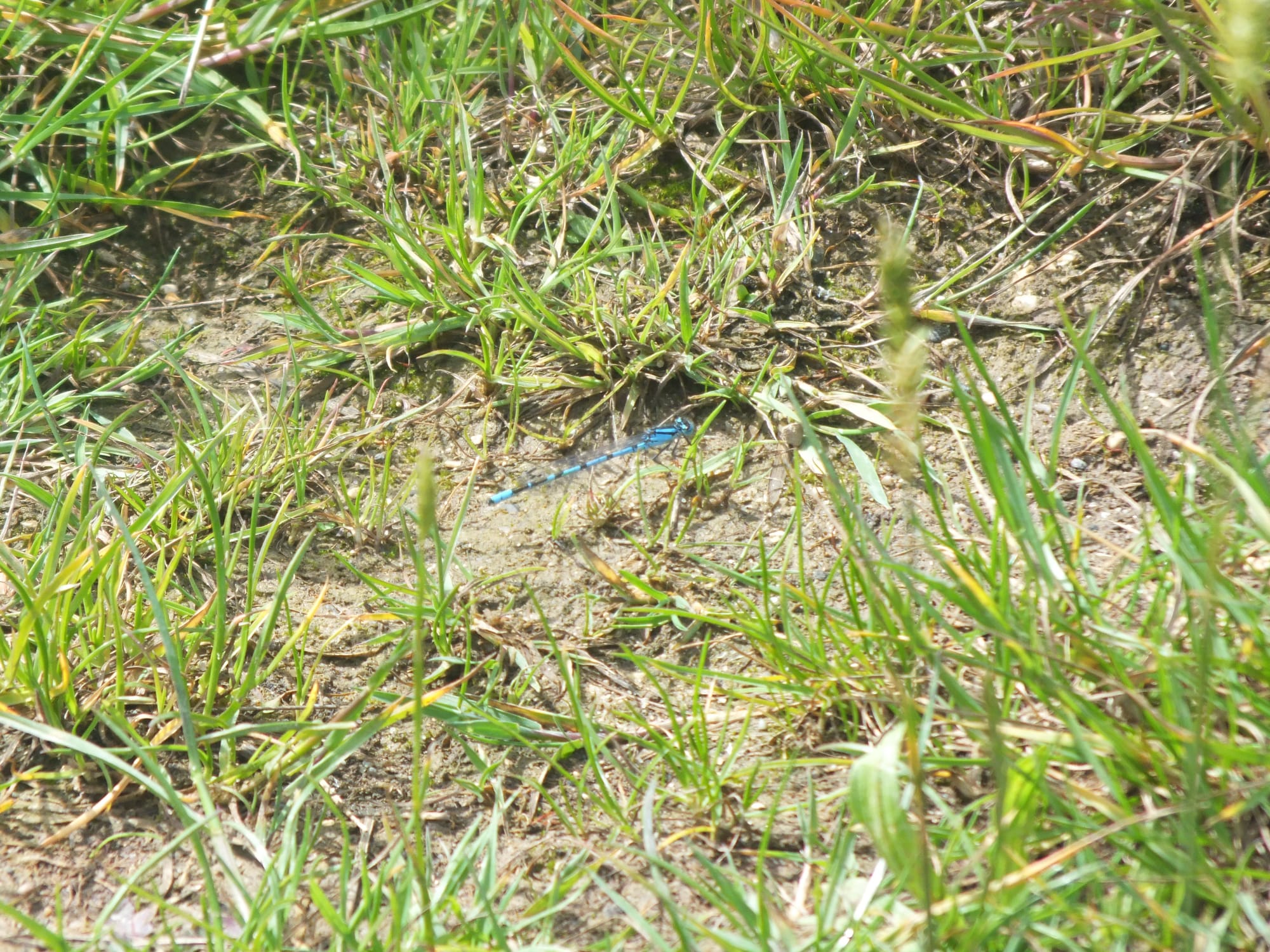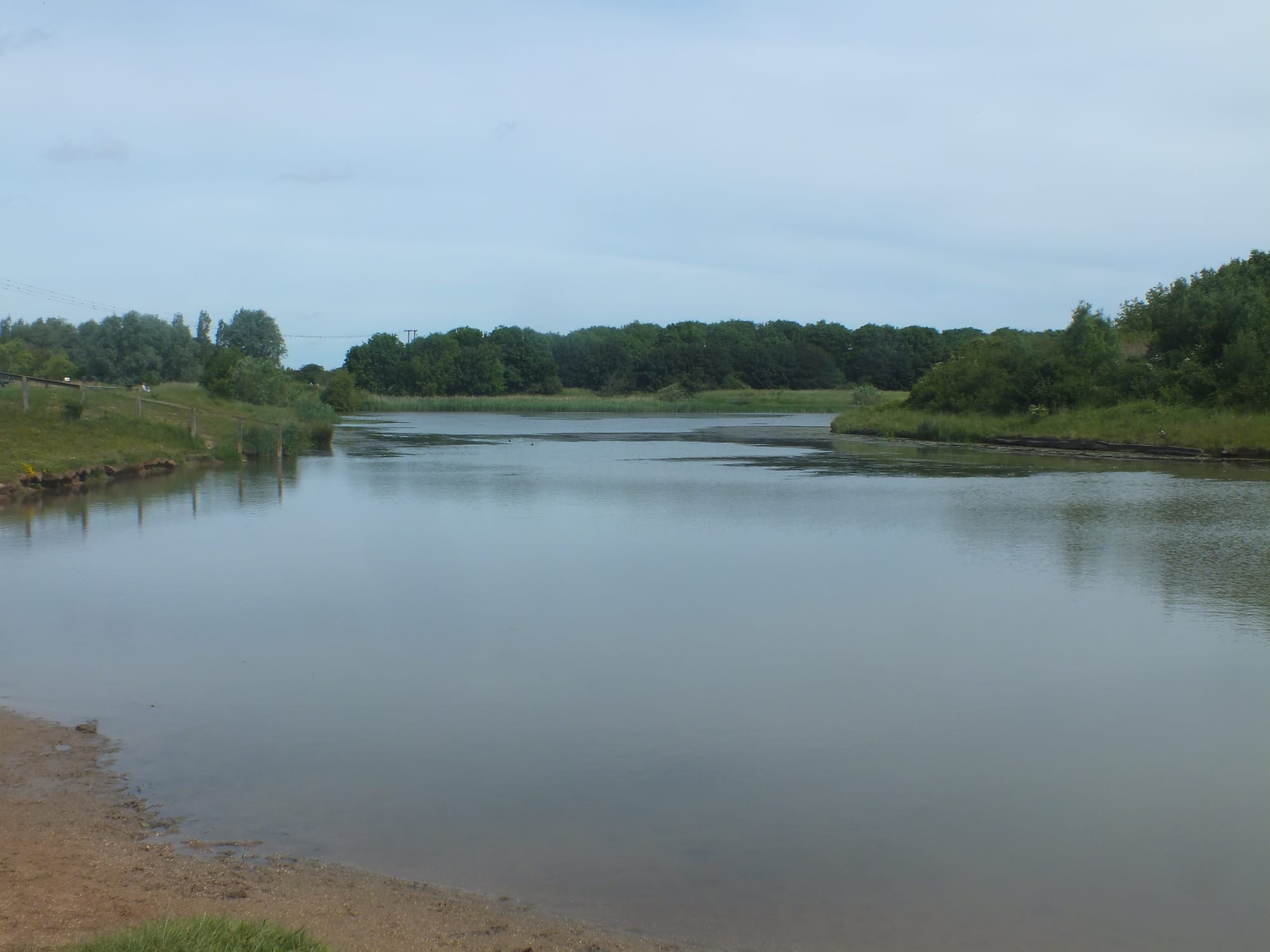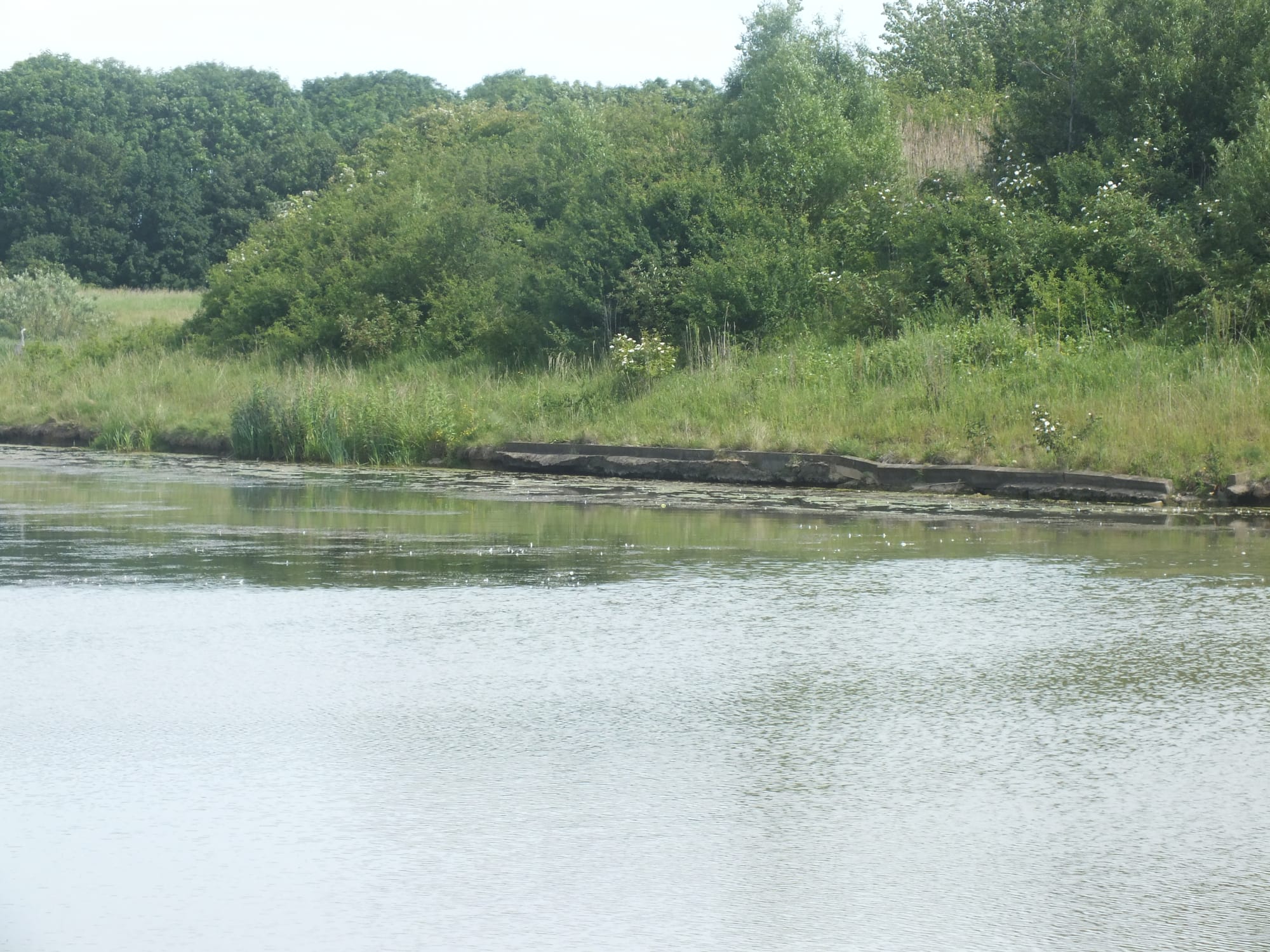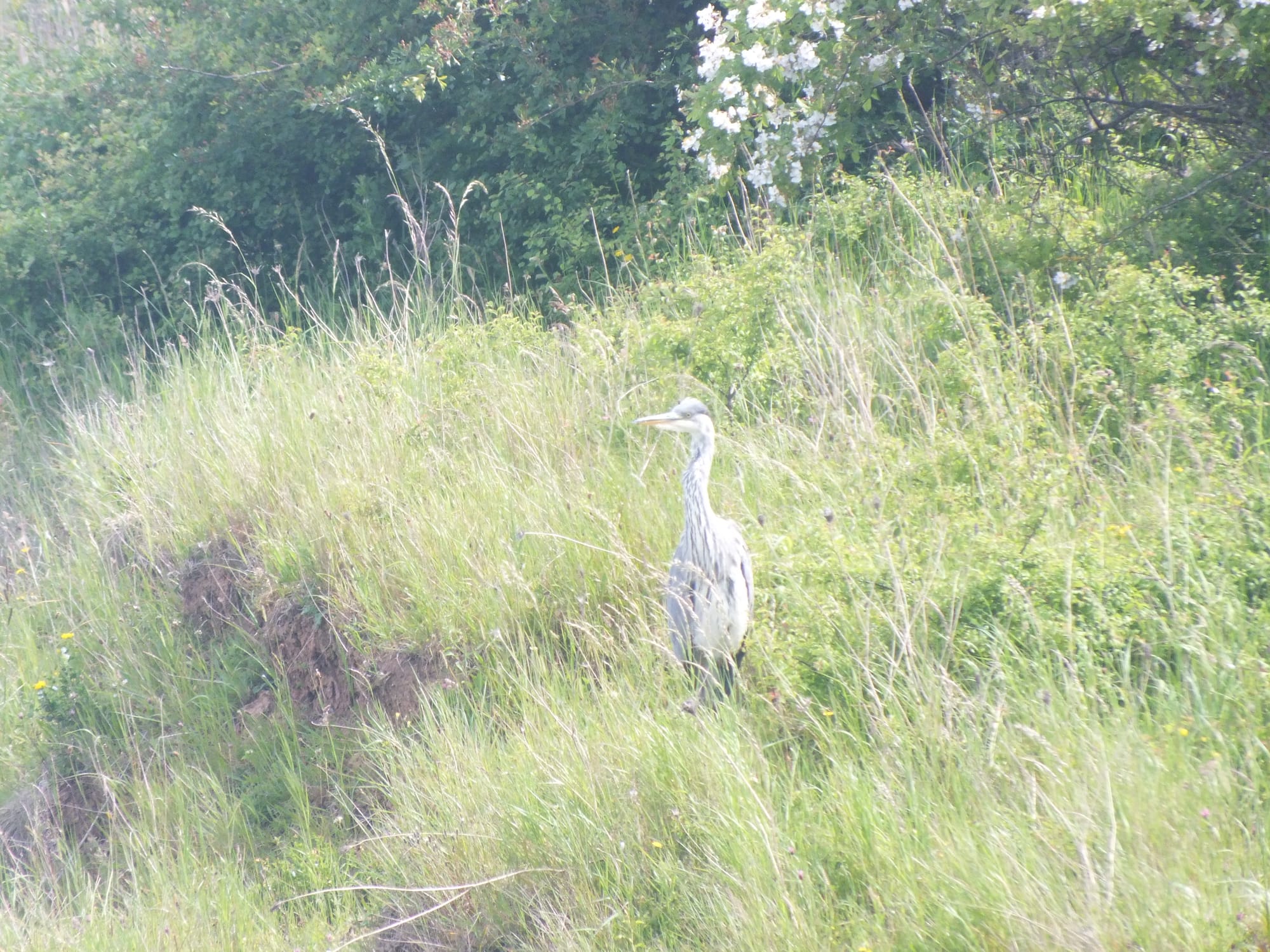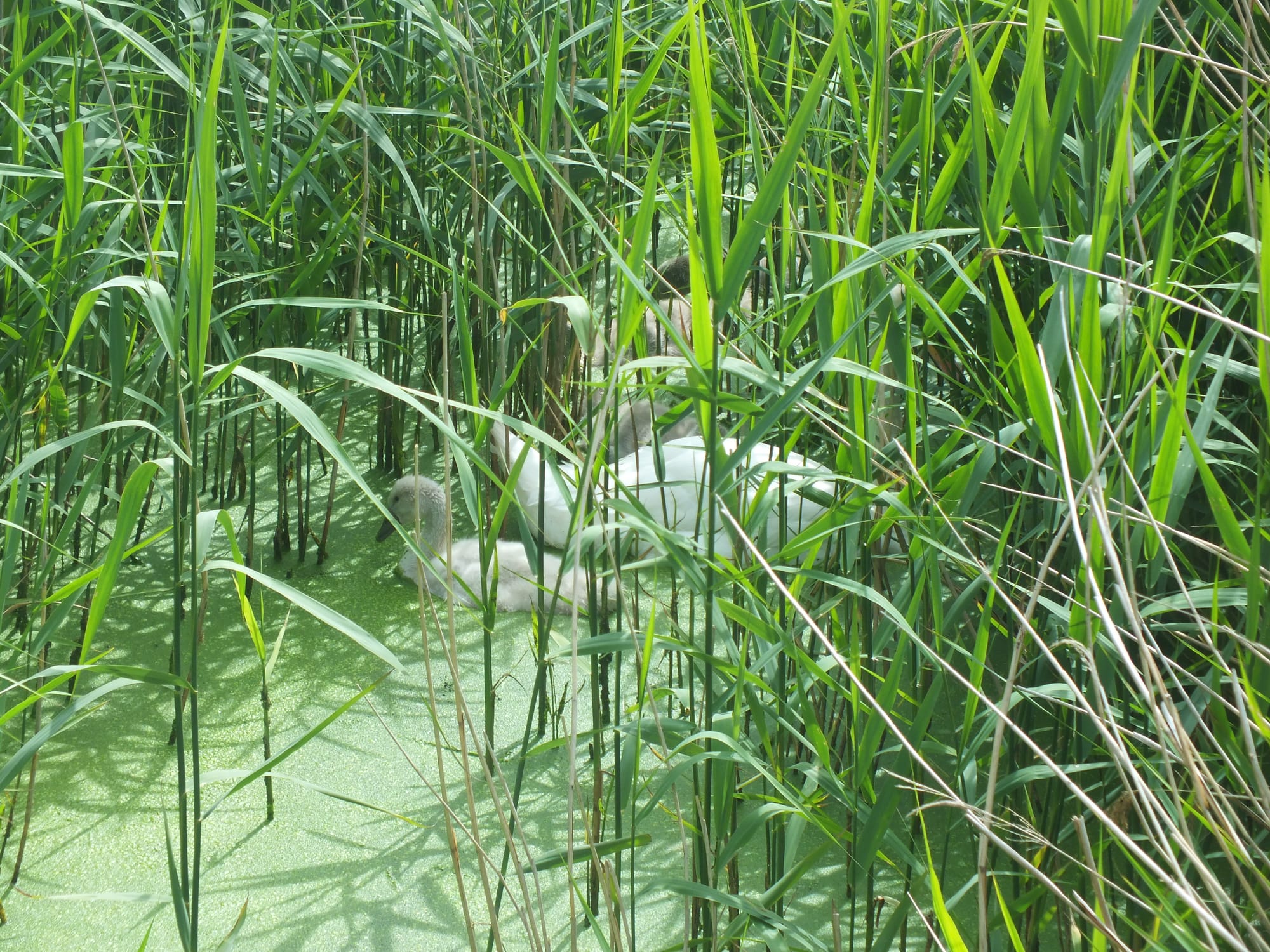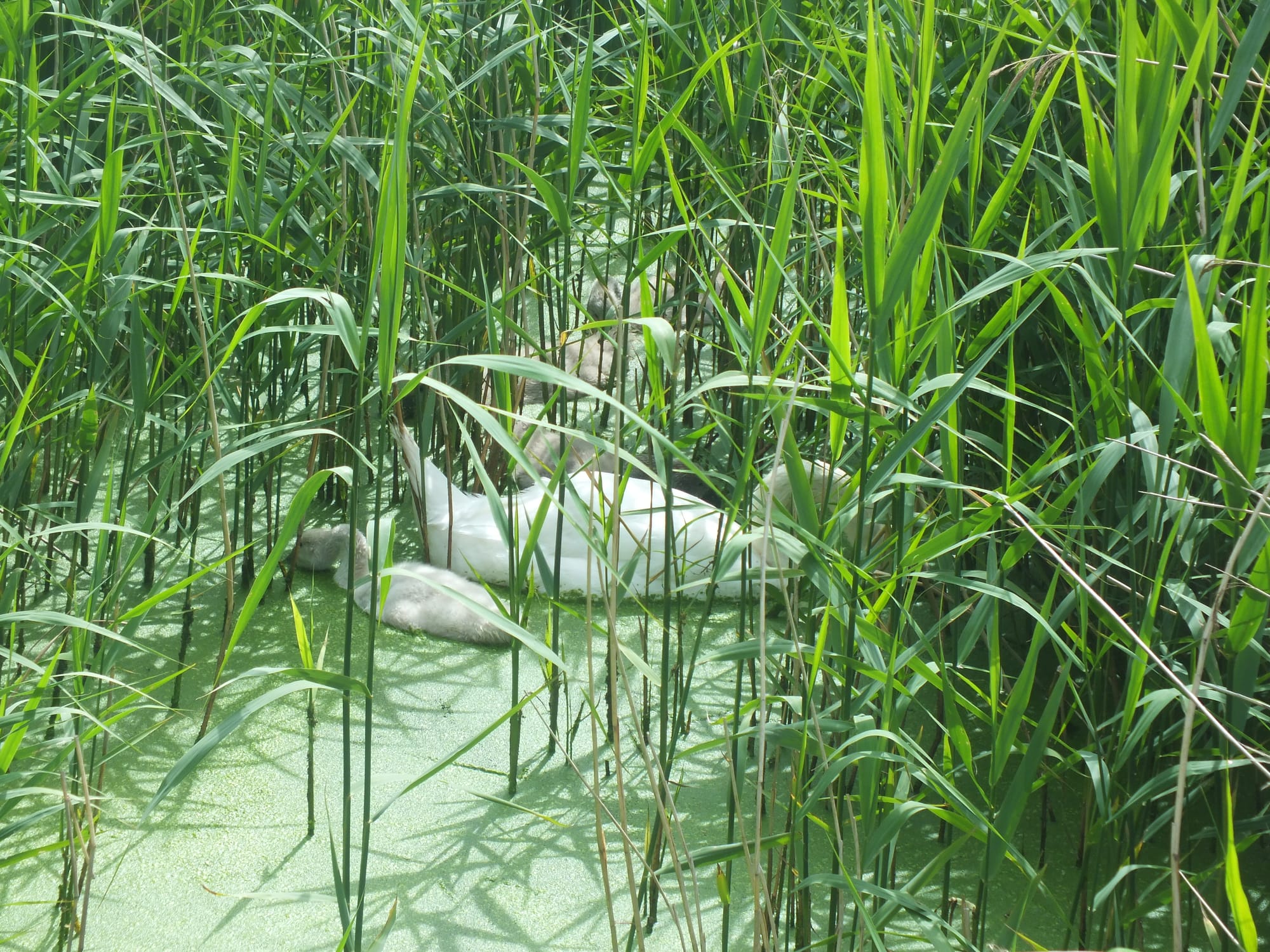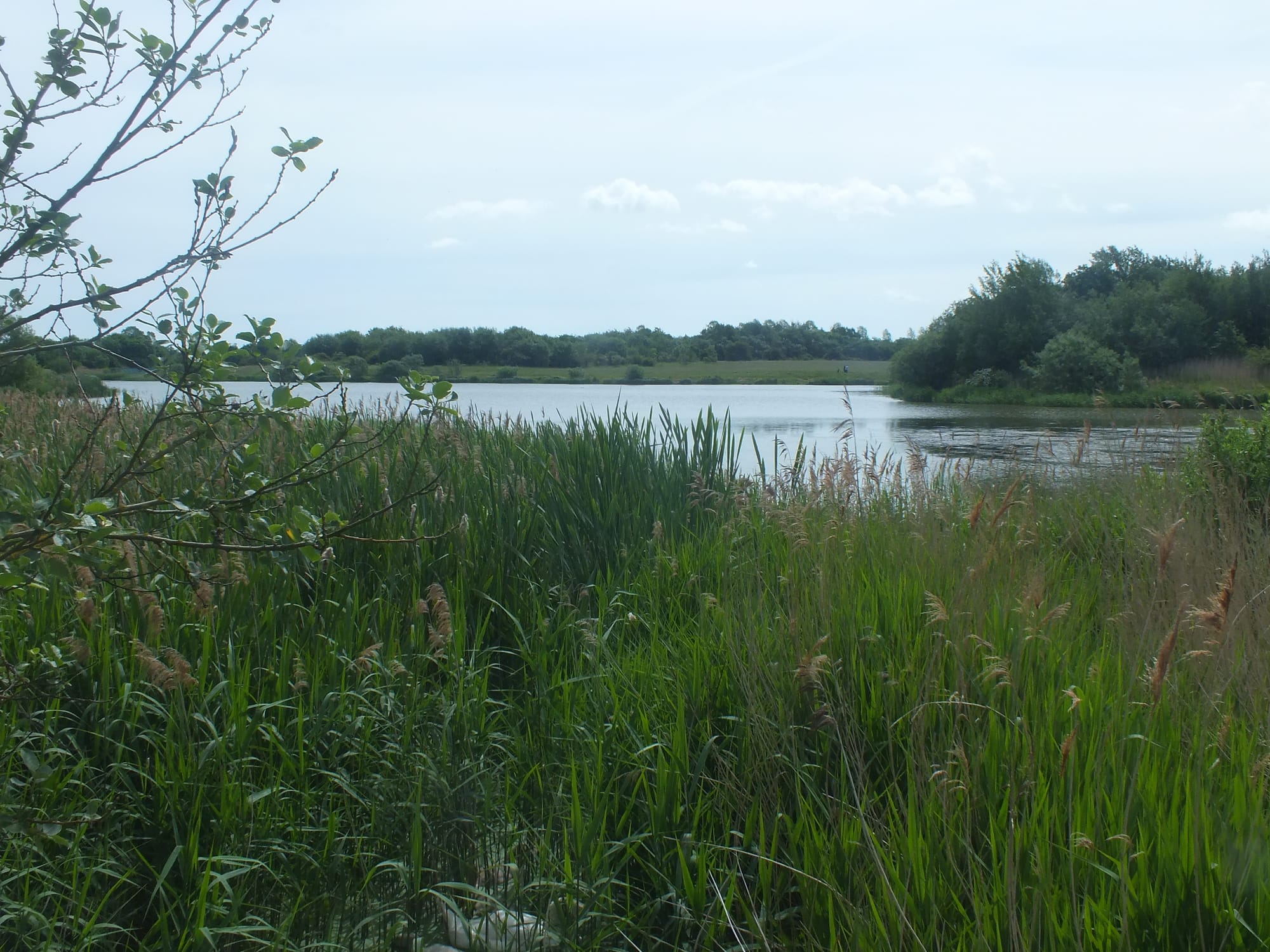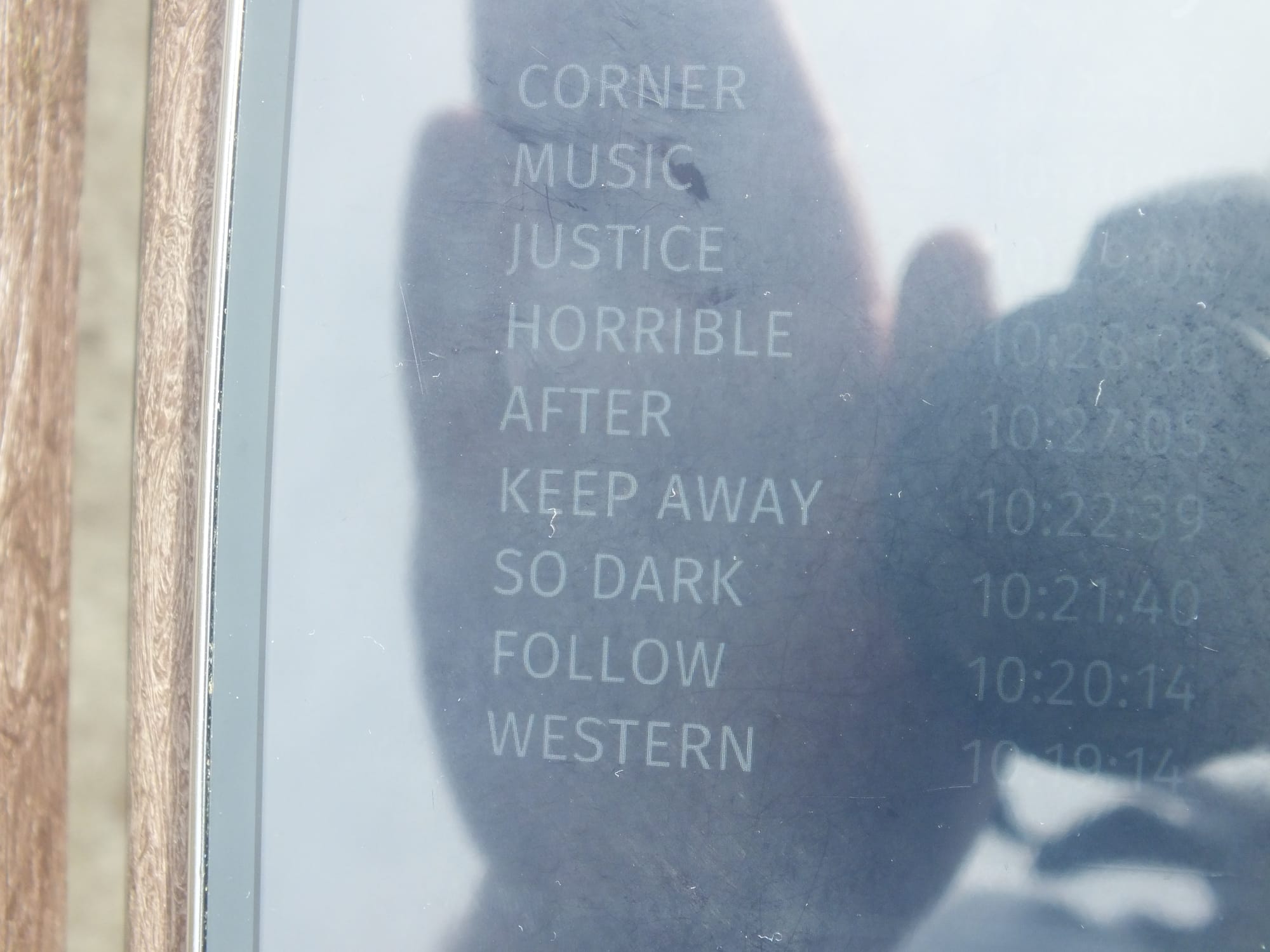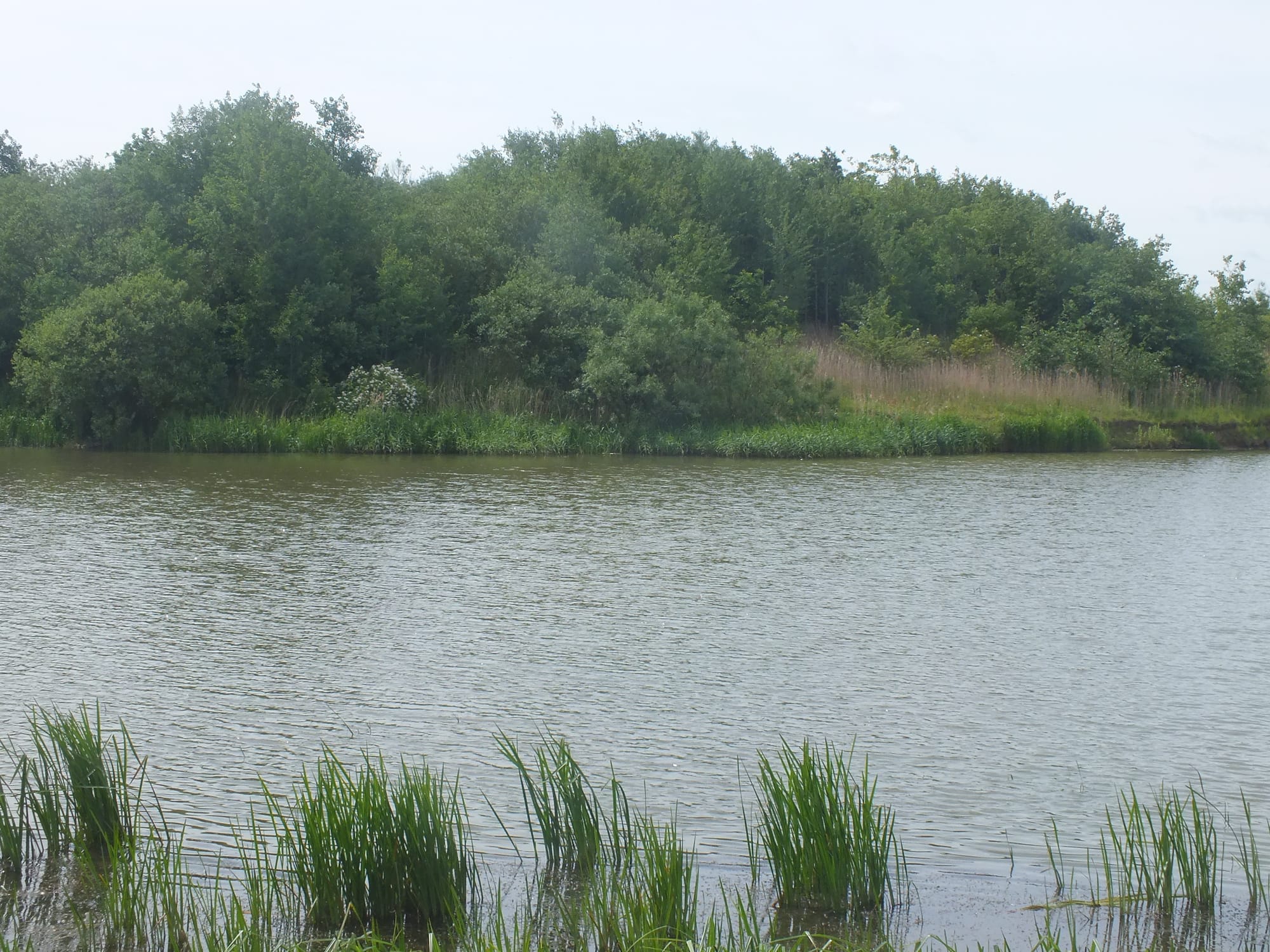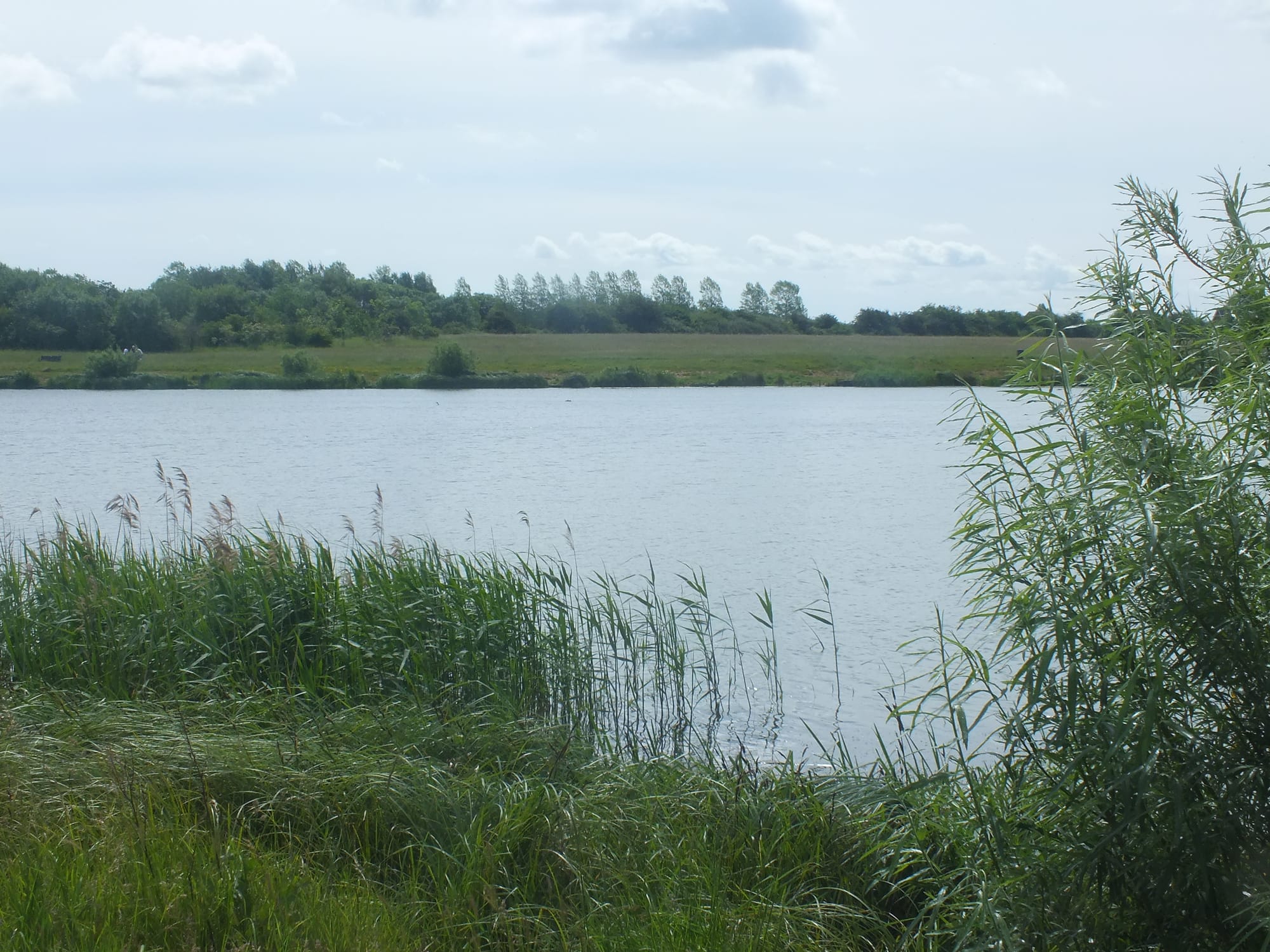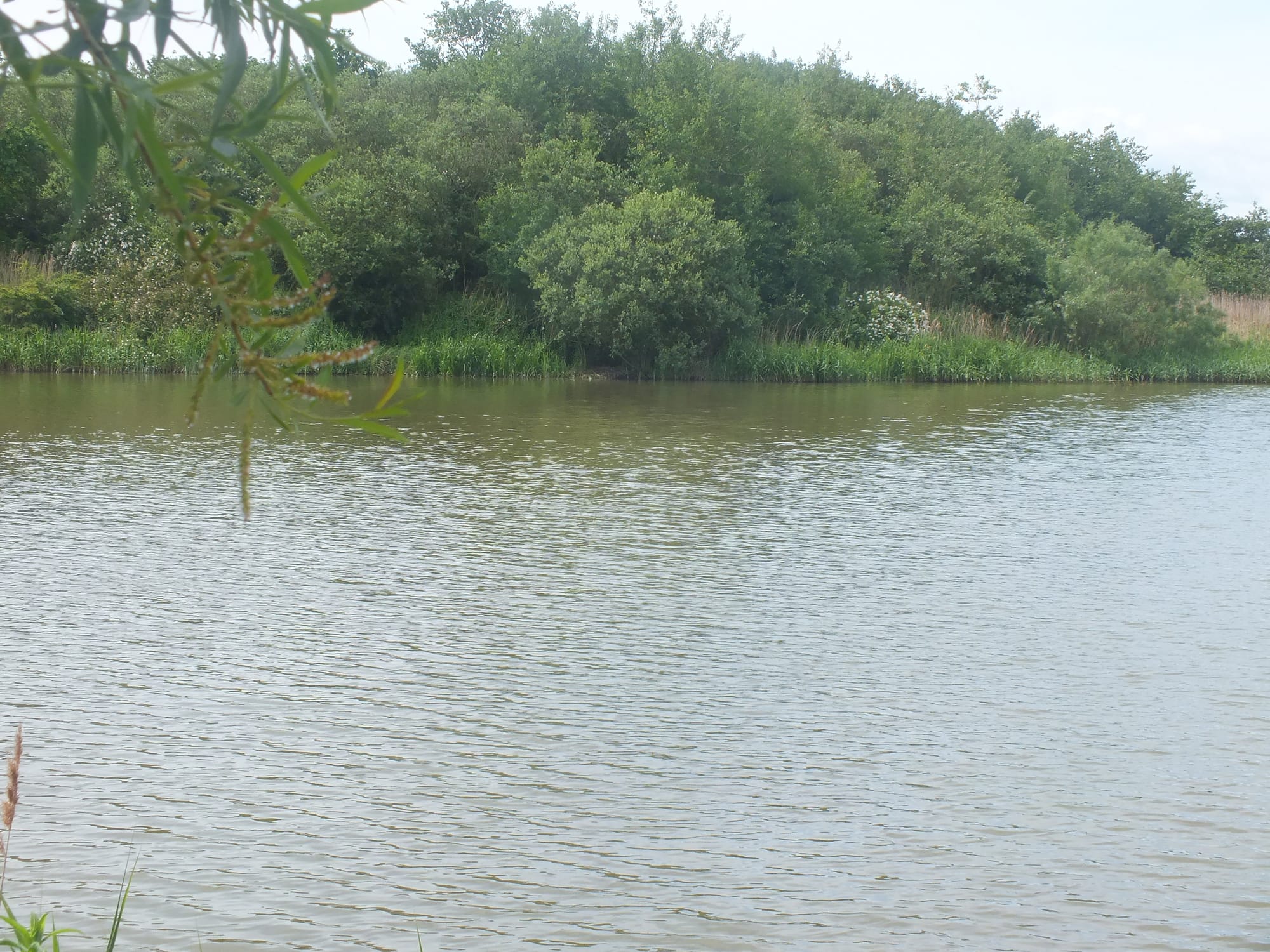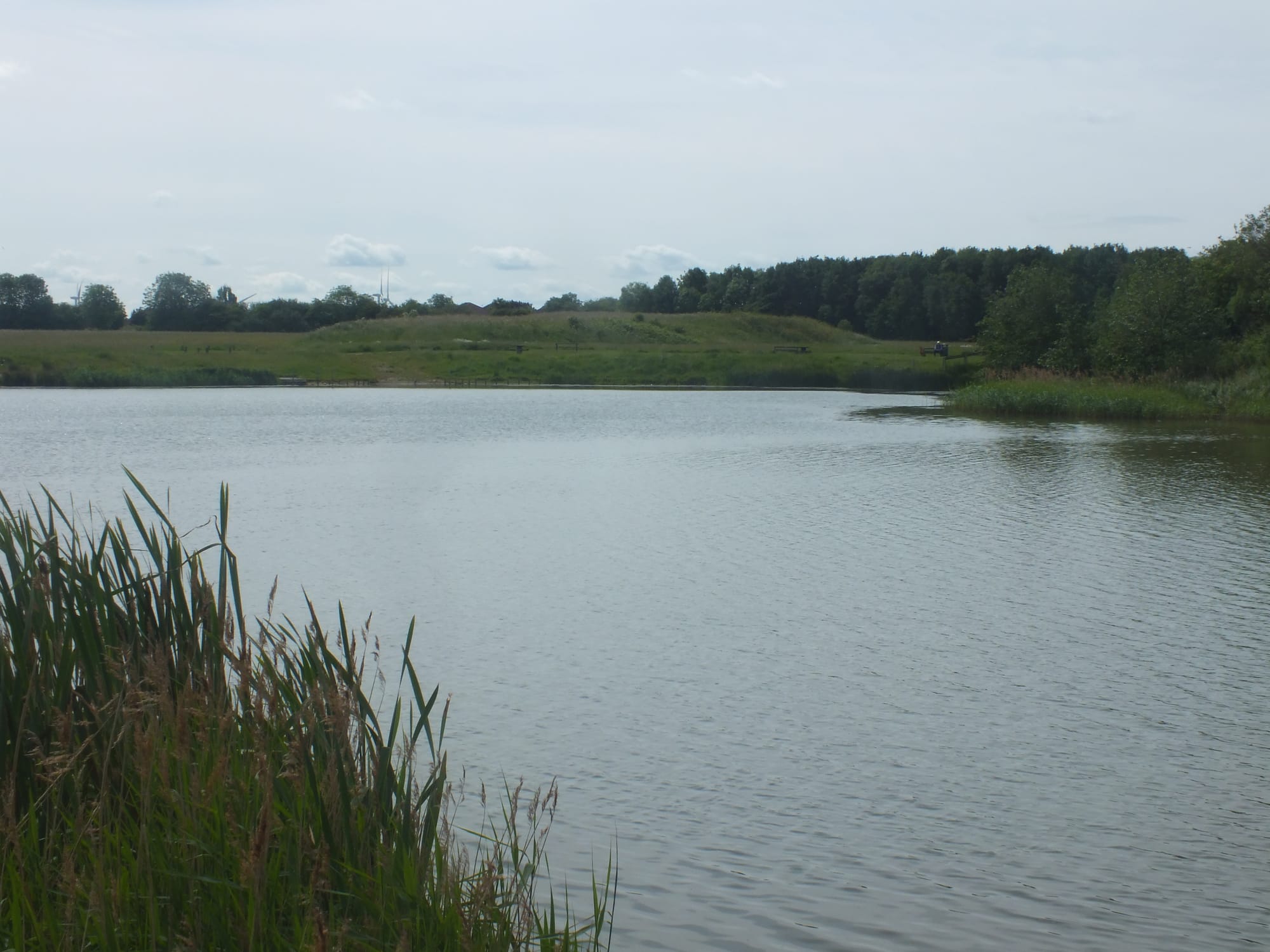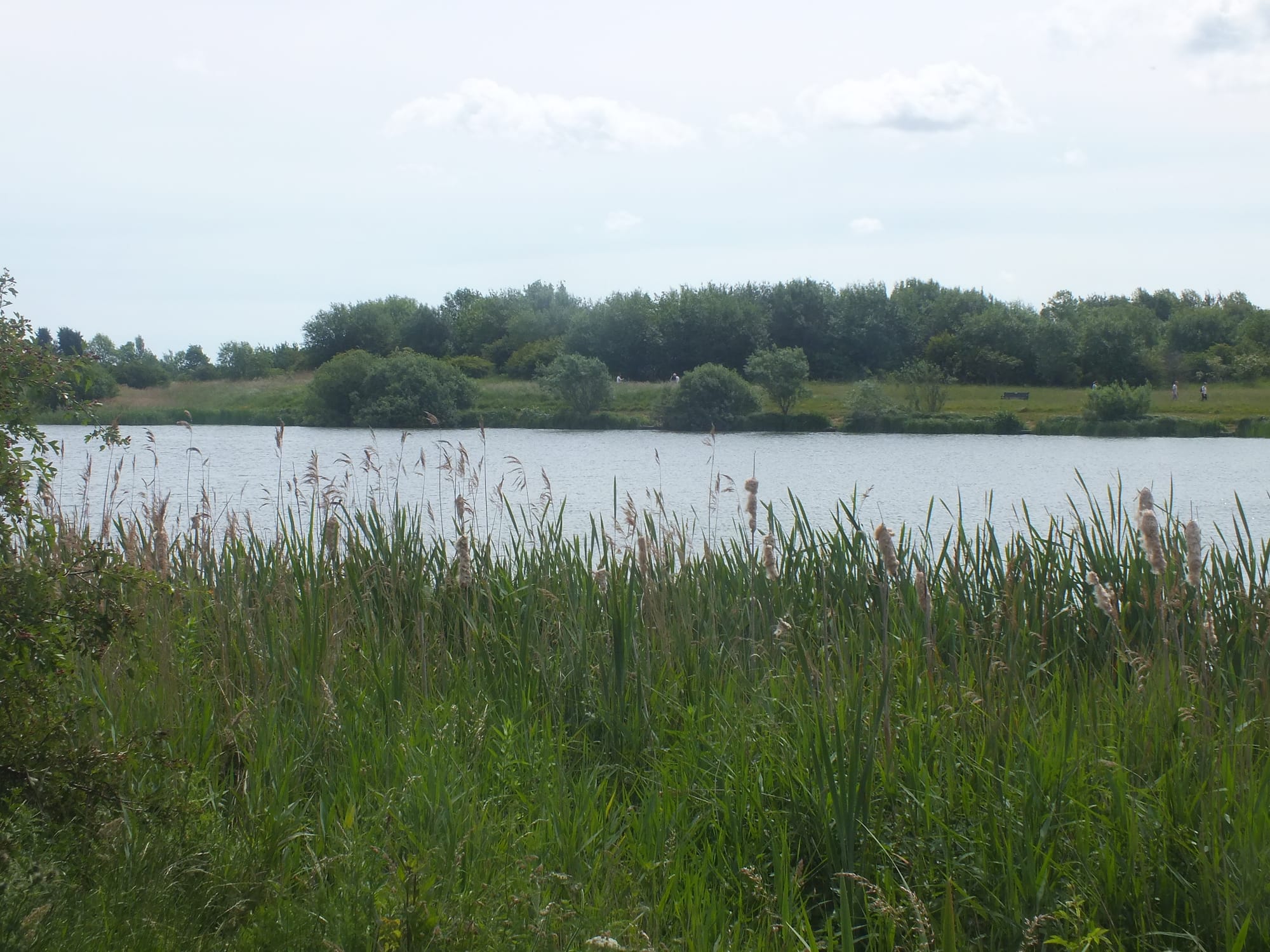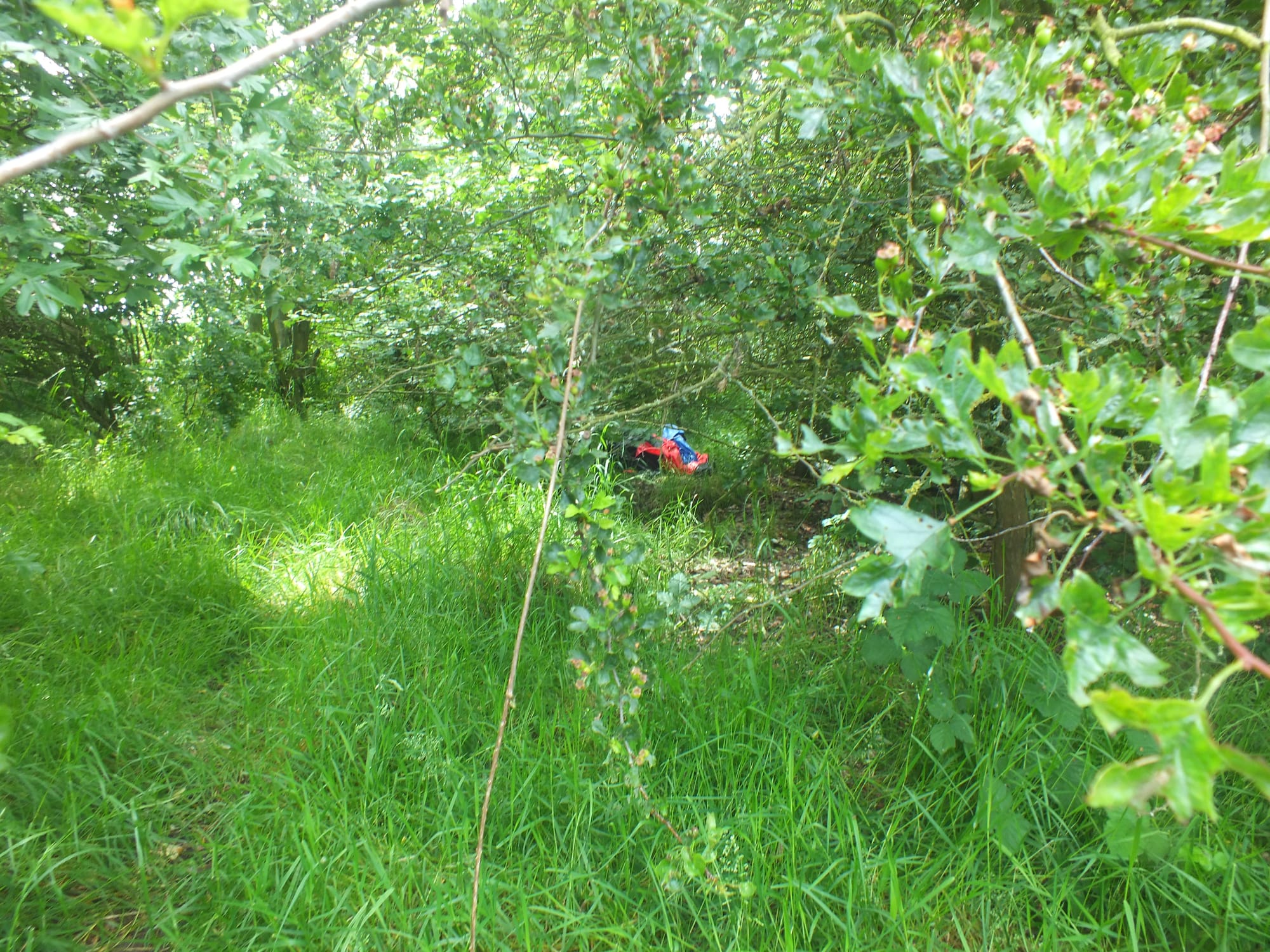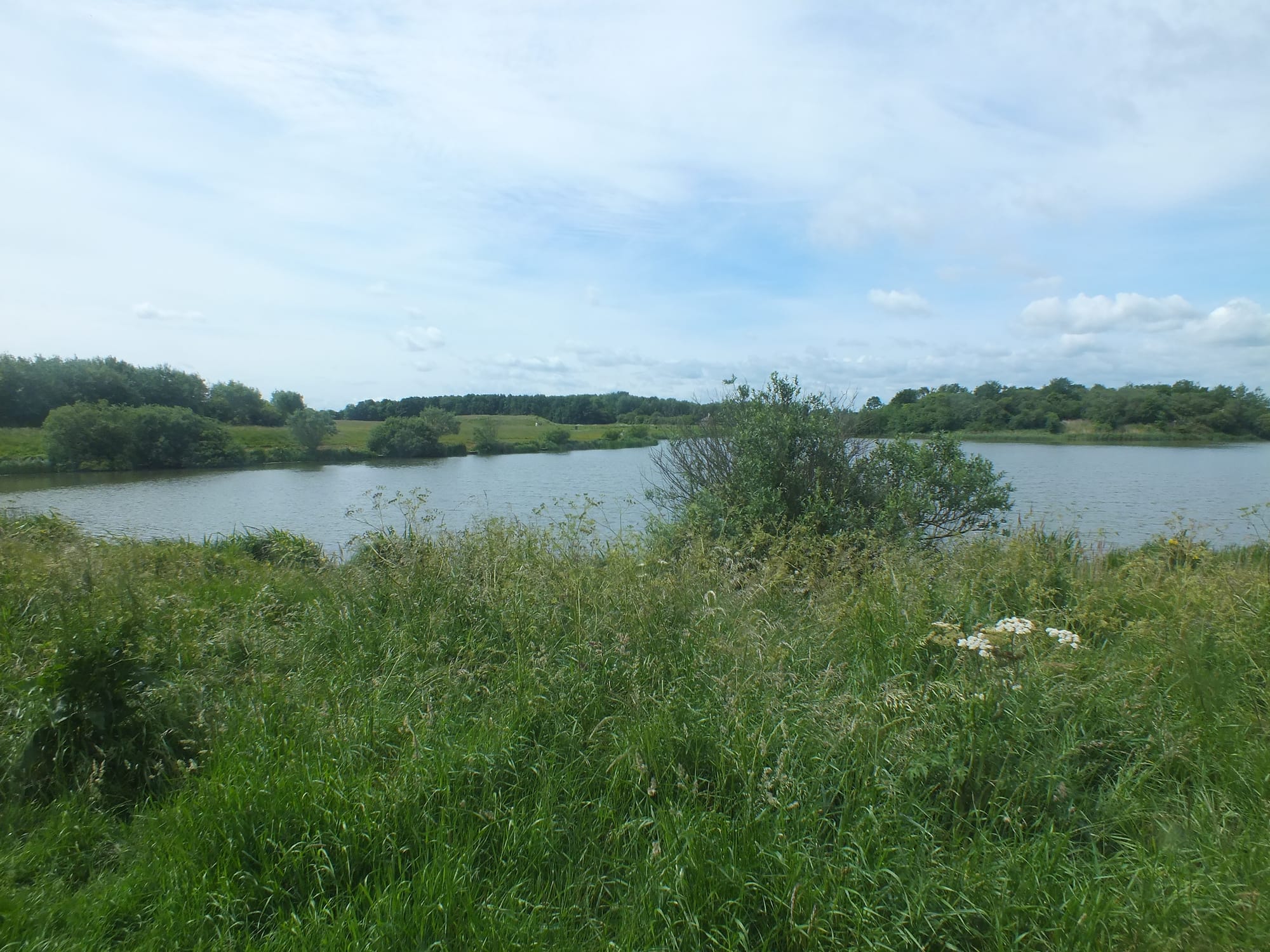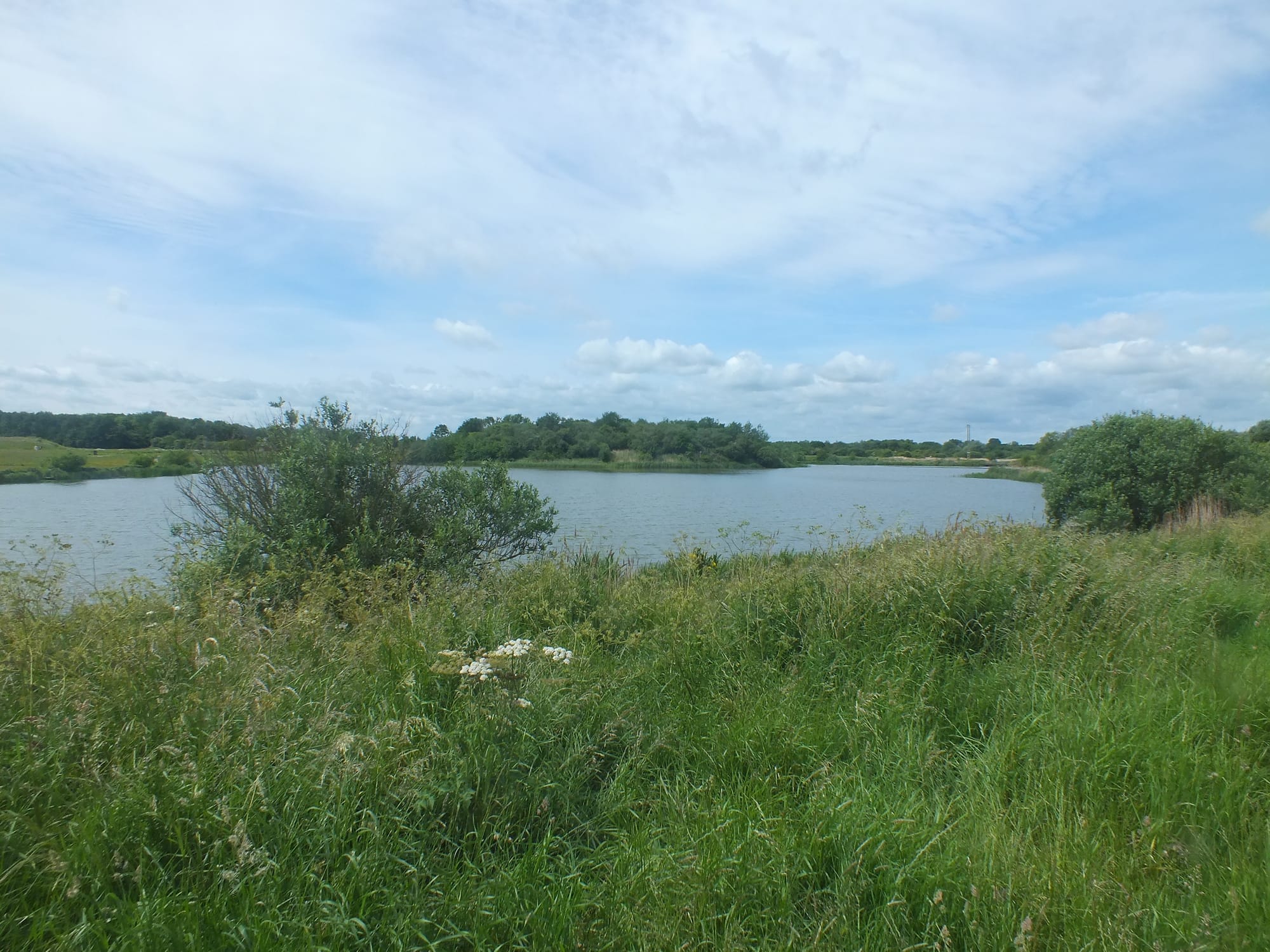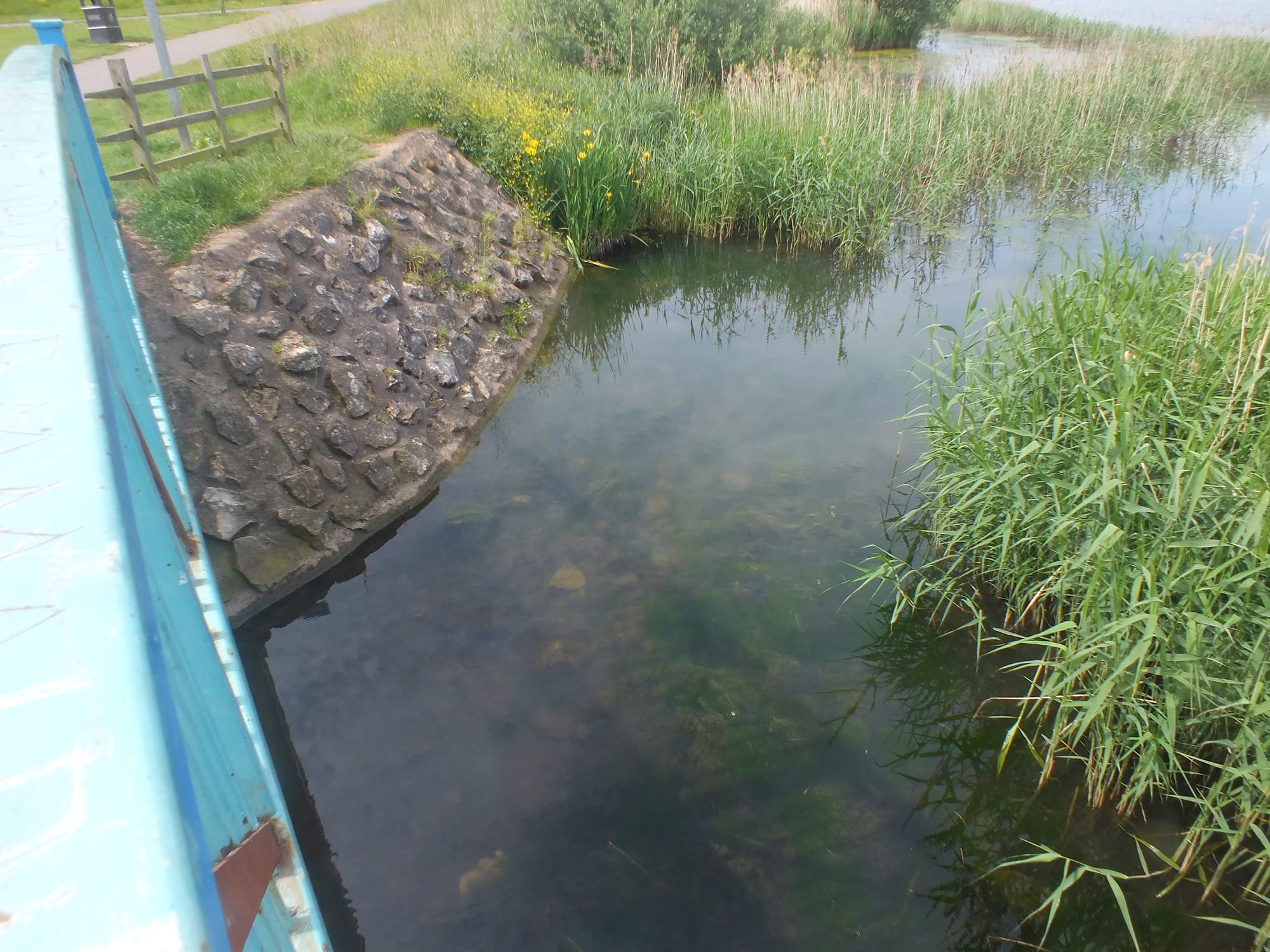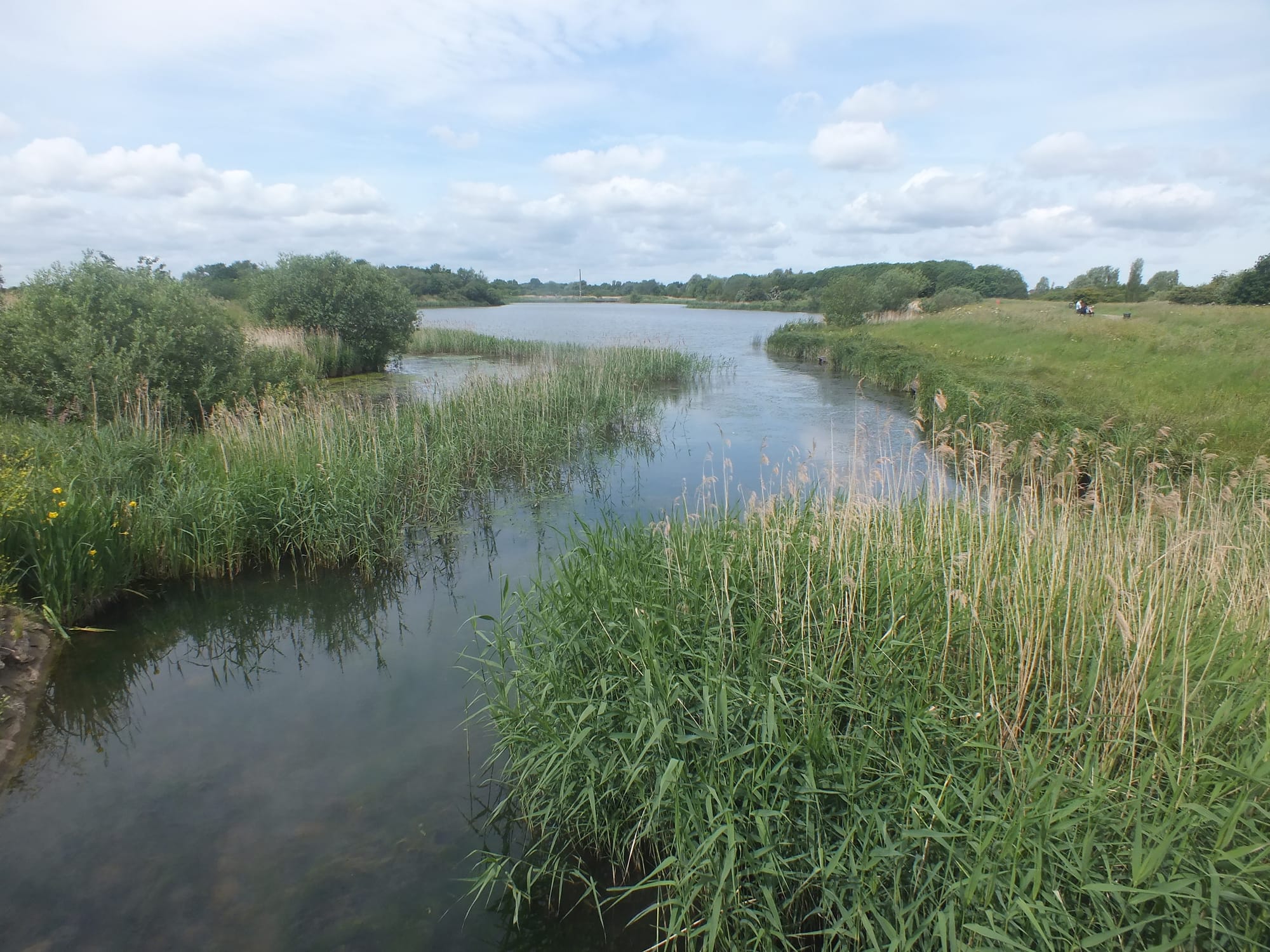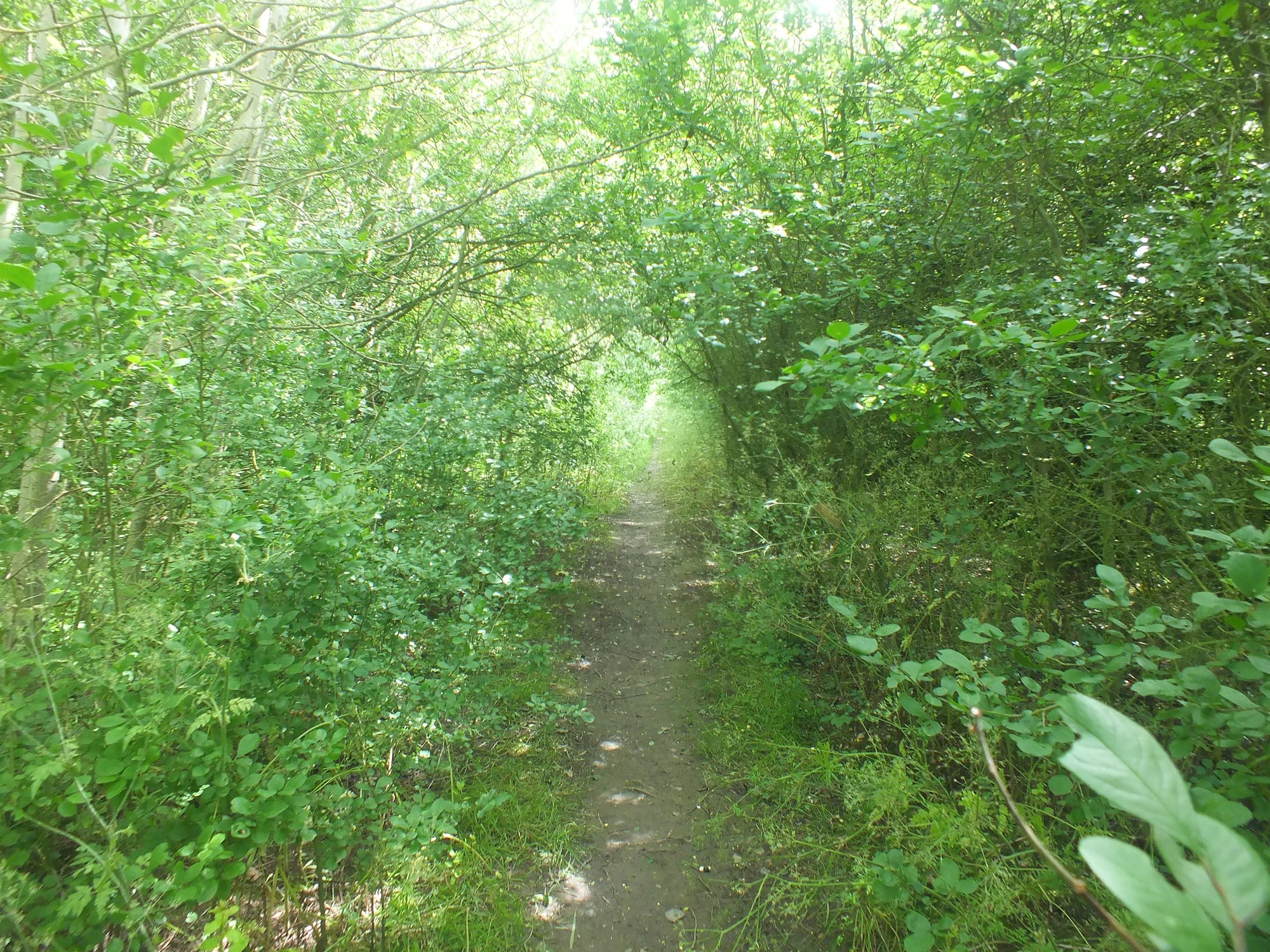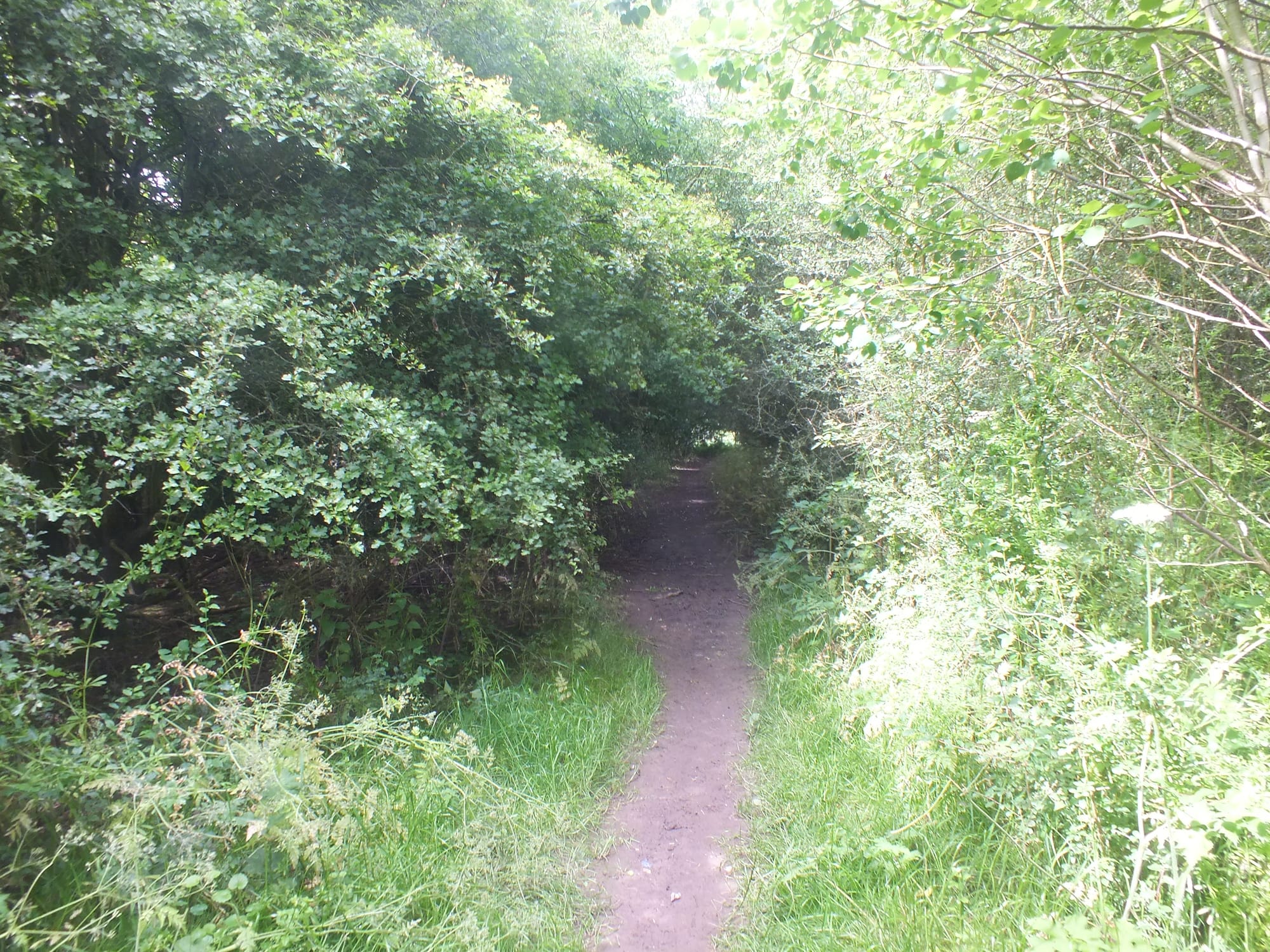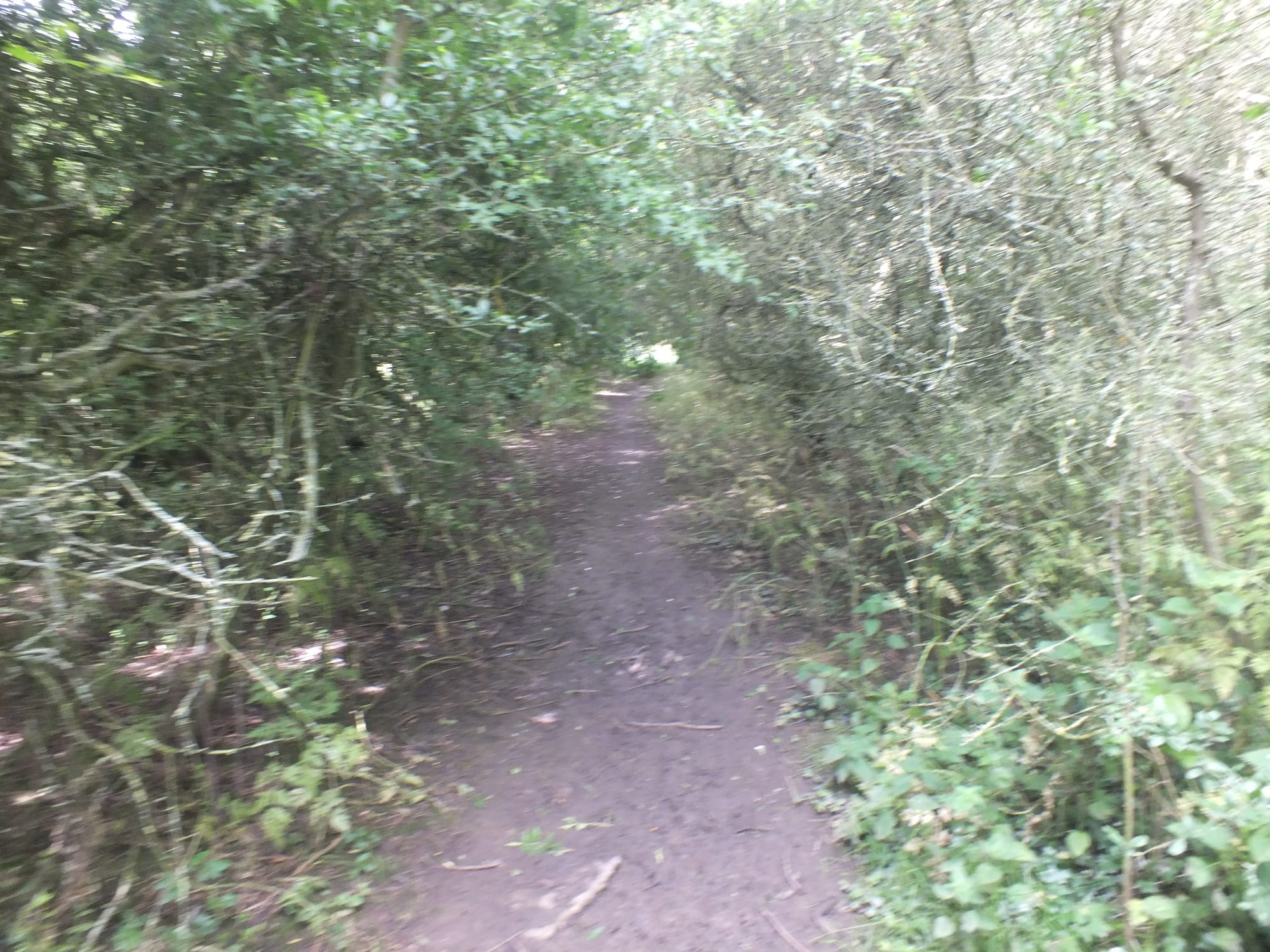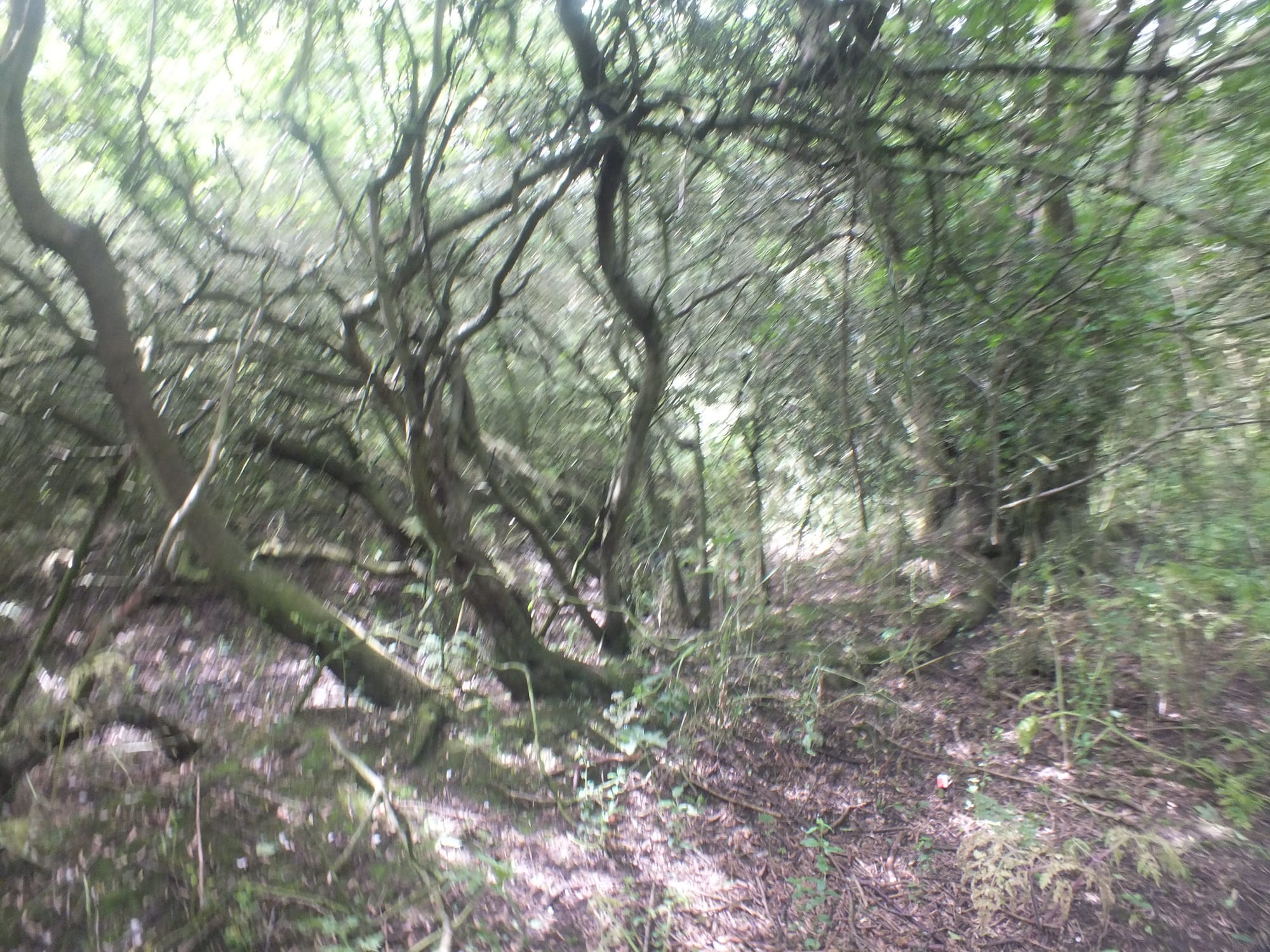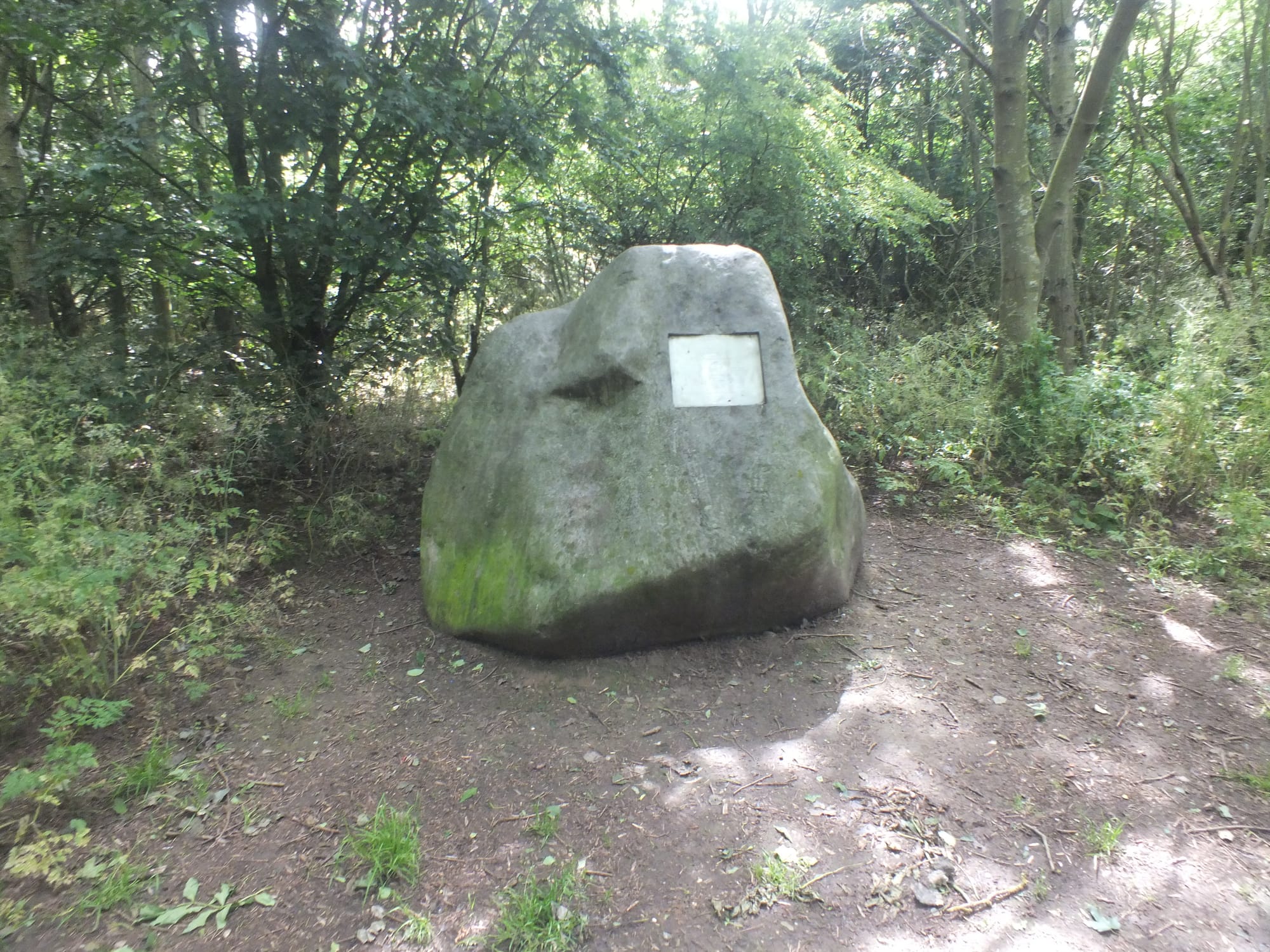Locations
- Abandoned Bunker
- Abandoned Farm And house
- Abandoned House
- Abandoned Mansion
- Abandoned Mill
- Artillery Compound Night
- Admiral Gardener
- Artillery Compound Day
- Ashbourne Disused Trainline And Tunnel
- A46 Walesby Gainsbrough Junction
- Babbacombe Downs Day
- Babbacombe Downs Night
- Benniworth Tunnel
- Binbrook Zone 3 SGTS Mess
- Blacksmiths At Tregargus Woods
- Bolsover Castle
- Church Farm Skegness
- Dolls House Isle Sheppey
- Gainsbrough Old Victorian Police Nick
- H Block Binbrook
- Holten Le Clay Disused Trainline
- Hubbards Hill
- Irby Dales And Irby Boggle
- Nettleham Hall
- R.A.F Kirmington
- Spurn Point WW1 Artillery
- Stallingborough Artillery Compond
- Wharram Percy
- Wombell Woods
- Wortley Top Forge
- 30 East Drive Ponterfract
- Bradley Woods Grimsby
- Random Bunker Market Rasen
- Cardiff Castle And Museum
- Cargo Corner
- Castle Bytham Day
- Castle Bytham cemetary
- chinese Buddha Junk
- Claremont House Grimsby
- Cleethorpes Pier - Beach
- Cleethorpes Country Park
The windmill at Scotter was built in 1874 by the millwright Hett of Brigg, to replace an earlier nearby post mill (see MLI50070). The mill worked until the late 1930's, after which it stood in dereliction for some time before the cap and sails were dismantled. The mill had four patent sails, which drove two pairs of grey and one pair of French stones. The tower now stands disused, with the top two storeys also since removed at some point before 1986. One bedstone is said to remain, but otherwise all the machinery has been removed. For the full description and the legal address of this listed building please refer to the appropriate List of Buildings of Special Architectural or Historic Interest. The mill survived to five storeys in 1965, and was about 50ft high. The first two floors were being used as a hay barn and the higher floors were intact but unsafe. The structure was built of brick with a coating of tar. The cap and the sails had been removed a year before (1963 to 1964) because they were unsafe, and the top was therefore open at the time of survey.
Admiral Gardner was launched in 1797 as an East Indiaman for the British East India Company (EIC). She made five voyages for the EIC, during the fourth of which she participated in an inconclusive single-ship action with a French privateer. Admiral Gardner was wrecked in January 1809. The wreck is a Protected Wreck managed by Historic England. She was named after Admiral Alan Gardner. Career EIC voyage #1 (1797-1799): Captain Edward Chapman Bradford acquired a letter of marque on 10 June 1797. He sailed from Torbay on 22 September 1797, bound for Bengal and Bencoolen. Admiral Gardner reached Kedgeree on 16 February 1798. On 27 June she reached Bencoolen, and by 11 August was back at Kedgeree. She was at Saugor on 24 September, and Bencoolen again on 5 November. Homeward bound, Admiral Gardner reached St Helena on 27 March 1799. Admiral Gardner returned to St Helena on 24 April. She arrived back at Blackwall on 4 August. EIC voyage #2 (1801-1802): Captain Bradford sailed from Portsmouth on 31 March 1801, bound for Madras and China. Admiral Gardner reached Madras on 26 July. She was at Penang on 28 August and arrived at Whampoa Anchorage on 6 October. Homeward bound, she reached St Helena on 12 April 1802 and arrived at Blackwall on 12 July. EIC voyage #3 (1803-1804): Captain Bradford sailed from the Downs on 1 February 1803, bound for Madras and Bengal. On 12 February Admiral Gardner was at Madeira. She reached the Cape of Good Hope on 23 April and Madras 13 June; she arrived at Diamond Harbour on 22 July. The next day Bradford acquired a letter of marque. Homeward bound, Admiral Gardner was at Saugor on 7 November, reached St Helena on 12 March 1804, and arrived at Blackwall on 11 June. EIC voyage #4 (1805-1806): Captain George Saltwell acquired a letter of marque on 21 January 1805. He sailed from Portsmouth on 25 April 1805, bound for St Helena and Madras. On 28 November, at 6°4′N 93°25′E, Admiral Gardner encountered a French privateer of 32 guns. A single-ship action ensued in which the French vessel was able to damage Admiral Gardner's rigging. The privateer did not press the attack and by the next day she had disappeared. Admiral Gardner had 10 men wounded, three severely. On 4 December Admiral Gardner reached Madras. Homeward bound, she was at Colombo on 21 February 1806, reached St Helena on 14 May, and arrived at Blackwall on 1 August. On 4 August the East India Docks opened. In the celebration of the opening, the lead vessel to enter was the Trinity yacht, the yacht belonging to Trinity House. The next vessel was Admiral Gardner, chosen in recognition of her defense against the privateer. She was to have been third, after Earl Camden, Commodore Nathaniel Dance's flagship at the Battle of Pulo Aura, but adverse winds prevented Earl Camden's arrival. EIC voyage #5 (1807-1808): Captain William John Eastfield acquired a letter of marque on 30 December 1806. He sailed from Portsmouth on 26 February 1807, bound for Madras and Bengal. Admiral Gardner reached Madras on 3 July and Kedgeree on 21 July, and arrived at Diamond Harbour on 26 July. Homeward bound, she was at Saugor on 16 September, Madras on 22 October, and the cape on 30 December. She reached St Helena on 25 January 1808, and arrived at Blackwall on 28 April. Fate The wrecks of Britannia and Admiral Gardner on the Goodwin Sands, 24 January 1809 On 24 January 1809, Captain Eastfield sailed from the Downs, bound for Madras and Bengal, at the start of Admiral Gardner's sixth voyage for the EIC. The next day Admiral Gardner was lost on the Goodwin Sands off South Foreland when a gale tore her from her moorings. Three (or five) crew drowned. Lost with Admiral Gardner was her cargo, a large number of EIC X and XX copper cash coins, belonging to Matthew Boulton. The EIC put the value of its cargo at £21,579. The same gale also wrecked Britannia, and the brig Apollo. Boatmen from Deal were able to rescue almost the entire crew from Admiral Gardner. Boatmen from Ramsgate and Broadstairs saved most of the crew of Britannia, but only one man from the brig. A few days later Lloyd's List reported that all three wrecked vessels had gone to pieces. Rediscovery The wreck of Admiral Gardner was found in 1984 and some coins were salvaged in 1985 during a licensed dive. The wreck was designated under the Protection of Wrecks Act on 2 May 1985 and redesignated to extend the area covered on 5 October 2004.
The Ashbourne line was a 33+1⁄2 mi (53.9 km) railway from Buxton via Ashbourne to Uttoxeter. It was built by the London and North Western Railway using a section of the Cromford and High Peak Railway (C&HPR) and it joined the North Staffordshire Railway at Ashbourne, proceeding to Uttoxeter with a junction onto the main line at Rocester. Origins Although the country between Buxton and Ashbourne was sparsely populated, and the terrain immensely difficult, there were a number of motivations for its construction. Ashbourne was one of the few large settlements in the area without a railway connection until the North Staffordshire Railway built its branch from the Churnet Valley line in 1852. Meanwhile, a lucrative trade in limestone was building up and the LNWR's only route southwards was through the Manchester area. Finally, and not least, the Midland Railway was threatening to take over the Derbyshire business through its attempts to reach Manchester from Derby via Buxton. The LNWR sought to consolidate its position by building a line southwards across the Midland's path. Both railways had arrived at Buxton almost simultaneously in 1863, with termini adjacent to each other (and Buxton lost its chance to be served by a mainline railway). The LNWR had leased the Cromford and High Peak in 1861 and in 1874 it gained permission to link Buxton with the C&HPR at Hindlow Junction just south of Harpur Hill, which it reached in 1892. At the other end, it would build High Peak Junction near Cromford. After some delay, a further bill was sought in 1887 which, in addition, allowed the complete takeover of the High Peak line. Services began to Parsley Hay on 1 June 1894. The 13 mi (21 km) section from Parsley Hay to Ashbourne was authorised by the LNWR Act of 4 August 1890, the building contract awarded to Naylor Brothers on 10 December 1895, and it was opened on 4 August 1899. A new Ashbourne station was built jointly by the NSR and the LNWR. The Station Hotel (known as The Beresford Arms for some time, but which has now reverted to its original name) dates from this time.
John Henry George "Babbacombe" Lee (15 August 1864 – 19 March 1945) was an Englishman famous for surviving three attempts to hang him for murder. Born in Abbotskerswell, Devon, Lee served in the Royal Navy, and was a known thief. In 1885, he was convicted of the murder of his employer, Emma Keyse, at her home at Babbacombe Bay near Torquay on 15 November 1884, with a knife. The evidence was weak and circumstantial, amounting to little more than Lee having been the only male in the house at the time of the murder, his previous criminal record, and being found with an unexplained cut on his arm. Despite this and his claim of innocence, he was sentenced to hang. After he survived three attempts at hanging, his sentence was commuted to life imprisonment. He became popularly known as "the man they couldn't hang". Attempted execution and aftermath On 23 February 1885, three attempts were made to carry out Lee's execution at Exeter Prison. All ended in failure, as the trapdoor of the scaffold failed to open despite being carefully tested by the executioner, James Berry, beforehand. The medical officer refused to take any further part in the proceedings, and they were stopped. Berry provides a detailed account of the failed execution in his memoirs, My Experiences as an Executioner, noting that the trapdoor was adjusted with a saw and axe between the attempted executions, although in Berry's memoirs and letter to the Under-Sheriff he only mentions two attempted executions. As a result, home secretary Sir William Harcourt commuted the sentence to life imprisonment. The Home Office ordered an investigation into the failure of the apparatus, and it was discovered that when the gallows was moved from the old infirmary into the coach house, the draw bar was slightly misaligned. As a result the hinges of the trapdoor bound and did not drop cleanly through. Lee continued to petition successive Home Secretaries and was finally released in 1907. The only other man in history known to have survived three hanging attempts was Joseph Samuel, in September 1803. An alternative theory, raised by Ernest Bowen-Rowlands in his book In the Light of the Law, suggests that the trap was blocked by a wooden wedge that was inserted by a prisoner working on the scaffold, and removed when the apparatus was tested. Note that Bowen-Rowlands only cites an anonymous "well-known person", citing an equally anonymous prisoner's confession, and this would contrast with Berry's reputation (noted by prison governors and surgeons) as a meticulous professional. Later years and identifications After his release, Lee seems to have exploited his notoriety, supporting himself through lecturing on his life, even becoming the subject of a silent film. Accounts of his whereabouts after 1916 are somewhat confused, and one researcher even speculated that in later years there was more than one man claiming to be Lee. It was suspected that he died in the Tavistock workhouse sometime during the Second World War. However, more recent research concludes that he died in the United States under the name of "James Lee" in 1945. According to the book The Man They Could Not Hang, Lee's gravestone was located at Forest Home Cemetery, Milwaukee in 2009.
In 1890 Sir George Newnes, MP, publisher and builder of the Lynton funicular railway, offered to build a cliff railway to connect Babbacombe Downs to Oddicombe Beach but died before the project could be realised. Thirty years later George Croydon Marks, an English engineer, patent agent and Liberal, noted by many as a disciple of Isambard Kingdom Brunel, began consultation with The Torquay Corporation and in 1923 the Torquay Tramways Company announced that it was to install a lift from Babbacombe Downs to Oddicombe Beach. Work started in December 1924 and the Babbacombe Cliff Railway was completed in 1926 at a cost of £15,648. On April 1st 1926 the then Mayor of Torquay, Alderman John Taylor, made the first trip. His ticket, number A000, was framed in silver by Mr H Thomas, the lessee of Oddicombe Beach and presented to the Mayor. The Torquay Tramway Company company worked the line until the 13th March 1935 when it was taken over by Torquay Corporation for the sum of £18,000. Early returns showed that 192,000 people used the lift that year.
The Louth to Bardney Line was an English railway line built by the Louth and Lincoln Railway Company, in Lincolnshire, England. It opened in stages between 1874 and 1876, after serious difficulties in raising subscription capital, and following alteration to the planned route. It was hoped to serve large reserves of ironstone along its route, but the deposits were not as large as hoped, and the line was never financially successful. The passenger service closed in 1951, and the residual goods service closed in stages from 1956 to 1960.
Bolsover Castle is a castle in Derbyshire, England that played a significant role in English history, from medieval times to the English Civil War1. During the 12th century, it was used as a royal residence by King Henry II and his wife, Eleanor of Aquitaine. It later became a stronghold for the Earls of Chester and was used as a base for King Henry III during his campaigns in Wales1. The castle became Crown property in 1155 when the third William Peverel fled into exile for poisoning Ralph Earl of Chester in 1153. The castle was founded in the late 11th century by William Peveril, one of William the Conqueror's knights, but it was neglected from the mid-14th century. Its ruins provided the setting for the Little Castle begun in 1612 by Sir Charles Cavendish as a retreat from his principal seat at Welbeck, a few miles away. The design of the Little Castle was intended to evoke a Norman great tower, which it clearly resembles viewed from a distance, rising sheer from the cliff. The interior continues the impression, with massive round Romanesque vaults in the basement and pointed Gothic ones on the entrance floor. The great windows of the upper floors were designed to give panoramic views across the landscape.
The Old Nick Theatre in Gainsborough, England, is a creepy place to be. Today, the building operates as a small theatre and a museum, but it had a different function before that. The Grade II building was originally a court and police station. And the ghosts of the past still haunt this building. The history of the Old Nick Theatre Back in 1850, the land on which the Old Nick Theatre now stands was sold to enable the building of a Magistrates’ Court and police station. This replaced the old Watch House which is a MacDonald’s restaurant today. Performances are now being held inside what used to be the Court. The judges’ rooms have been transformed into dressing rooms. But, deep under the theatre, the old cells are located. When a new police station and Magistrates’ Court was built on Morton Terrace in 1972, the old station was abandoned. In 1978, it was purchased by GTC (Gainsborough Theatre Company) Patron Douglas Parkinson. He allowed a group of theatre makers to rent the place for a small compensation. Old Nick Theatre - Jonathan Thacker via geograph.org.uk CC BY-SA4.0 Jonathan Thacker via geograph.org.uk CC BY-SA4.0 When Mr. Parkinson died in 1992, the building was bequeathed to the Gainsborough Theatre Group. This is when the hard work started: all the rubbish was cleared out and renovations were made. Even now, during the Covid lock downs, the theatre has been restored. The result: a small theatre with 55 seats and a police museum down below. Police Museum With a lot of hard work and effort the old rooms were restored into their former Victorian glory. Even the beds in the cells have been replaced for hard wooden slab beds where the prisoners had to sleep on back then. Both men and women were taken here after their arrest, awaiting their verdict. The exercise yard was also cleared out and restored. But at night, the dark corridors and the abandoned cells are a scary place to be. Overnight ghost hunts are offered, but even the most experienced paranormal investigators sometimes flea the building, vowing never to set foot in it again. The ghosts of Old Nick Theatre There have been 25 documented deaths at Old Nick Theatre between 1860 and 1948. Two of which were suicides. Staying here overnight is really for the die-hard paranormal investigators. People have seen menacing shadows moving through the creepy corridors below. There are reports of people having been touched by unseen hands and even pushed on the staircase. Heavy poltergeist activity is reported as well. Items are being thrown at visitors and items that were missing pop up in other areas of the building. Many witnesses claim to have seen the faceless apparitions of policemen and convicts. Doors slam shut and somehow get locked from the inside, so people get trapped. This is some creepy place so book your overnight ghost hunt, if you dare!
General information Location Holton-le-Clay, East Lindsey England Platforms 2 Other information Status Disused History Original company Great Northern Railway Post-grouping London and North Eastern Railway Eastern Region of British Railways Key dates 11 December 1905 Opened 11 September 1961 Closed December 1980 Closure of line Holton Village Halt was a railway halt on the East Lincolnshire Railway which served the village of Holton-le-Clay in Lincolnshire between 1905 and 1961. The station, which opened as part of a new motor train service between Grimsby and Louth, was the second station to serve the village after Holton-le-Clay and Tetney situated further to the south. The line through Holton-le-Clay remained open for freight until December 1980. History The station was opened on 11 December 1905 to coincide with the introduction of a motor train service by the Great Northern Railway. It was the second station opened on the East Lincolnshire Line to serve the village of Holton-le-Clay in Lincolnshire. Holton-le-Clay and Tetney had opened in 1848 but was over a mile to the south of the village and more convenient for Tetney to the east, whilst Holton Village Halt was in the village itself. The station had two low parallel railmotor platforms to the south of a level crossing over Tetney Lane, with a timber waiting shelter and lamp on each platform. A stationhouse was situated on the north side of the crossing. It was of more substantial construction than the other halts on the line, such as Grainsby Halt which was unlit and had only one passenger shelter. Although the July 1922 timetable shows that passenger services only called at the station upon request, by August 1961 a total of seven trains from Grimsby called on weekdays, with an extra train running on Fridays. The station closed to passengers on 11 September 1961; it outlasted the earlier Holton-le-Clay station to the south by six years.
Hubbards Hills The ghosts of Hubbards Hills Over a decade before the First World War, a woman, lost her terrier down a rabbit warren near the shelter. She desperately tried to rescue the dog when a Scottish soldier from Sterling was walking and came to help. Unfortunately, the dog could not be saved. But the pair of them got on very well and later fell in love. But unfortunately he was called to the western front. The soldier, who was in the Black Watch regiment, survived a German gas attack which prompted him to return to Louth – bringing with him a new dog for the girl. Shortly after, they married but he was to outlive his bride; living in to his nineties. Since his death, walkers have reported seeing a ghost of a Scottish soldier in uniform, walking with a dog at the top of the hill. Dogs wit their dog walkers fight will fight to not go past that spot, which is said to be the place where the soldier met the Louth girl looking for her dog. Despite a frantic search, last year a much loved family pet went missing in the area – one of several to disappear without a trace. The apparition of the soldier is said not be a ghost, but like an old film being replayed on television. Our experience at Hubbards Hills Ascending the steep slope entering Hubbards Hills, the wet mix of leaves and mud slip from beneath my feet. It is a cold morning with slight dew and nobody is around. The scale of Hubbards Hills enables you to feel a million miles away from the next person. Only a slight murmur from the not-so-far bypass echoes through the trees and in to the valley. Trudging up the root covered slope, quickly rising above the stream below, a blip of a dog walker obliviously meanders parallel to me one hundred feet below. On any early morning in Hubbards Hills, there is a feeling of welcome isolation. A feeling of insignificance compared to the history that forged this place. A vulnerability to the elements that leaves one exposed to the creaks and howls of the trees and wind. Arriving at the reported spot of the Black Watch Soldier, I am yet again within no sight of another human. The knowledge I have of the soldier’s sightings make me feel the cold a little sharper than normal. Just knowing makes my senses heighten. The only sense that forebodes me that there may be nothing here is my sight. The solitude, the temperature, the story all fabricates the haunting in my mind, but I do not see it. I do not see the Black Watch Soldier, but I can feel it. The history of Hubbards Hills Hubbard’s Hills was donated to the town of Louthby the trustees of Auguste Alphonse Pahud, and opened to the public on 1 August 1907. Auguste Pahud was a Swiss who moved to Louth in 1875 to take up duties as a German and French teacher at the grammar school. He married a local girl, Annie, daughter of William and Maria Grant. They were wealthy farmers living at the manor in Withern about six miles south east of Louth. Annie Pahud died in 1889 and Auguste never got over this, committing suicide in 1902. They were buried at WithernChurch, but their gravestones were removed after it was declared redundant in July 1980. The church was sold as a private residence in 1983. Annie and Auguste’s gravestones are still visible on the pathway beside what used to be the church. The trustees of Auguste Pahud bought Hubbard’s Hills to honour his wish to create a memorial for Annie. They established an Edwardian pleasure garden with a lake, a country park and a memorial (pictured). The conveyance required “the natural beauty of the property and its rural character is to be forever maintained”. On 1 April 2009 East Lindsey District Council passed the responsibility to maintain the park to Hubbard’s Hills Trust Limited. The Hills will however still “belong” to the people of Louth and the Town Council will continue as official custodians. The Trust’s role will be to deliver on a conservation plan to safeguard the next 100 years of the Hills, replanting trees, enhancing the chalk stream and dredging the ornamental lake.
On 1 November 1455, All Saints’ Day, betrothed couple Neville Randall and Rosamund Guy allegedly met in this beauty spot, and Rosamund was murdered by her fiancé. Both went missing, and stories arose that he had murdered her and fled. Rosamund’s father supposedly claimed that unless he was found and brought to justice, his daughter would haunt the wood for the next five hundred years. According to legend, the skeleton of a woman was eventually discovered under a tree, into which their initials had both been carved, and many people have claimed in the past to have seen the ghost. What remains of the wood is a short walk along a public footpath from Irby
History The now-demolished Bishop's Manor House at Nettleham was the property of Edith of Wessex, wife of Edward the Confessor and later Empress Matilda, daughter of King Henry I, before passing into the possession of the Bishops of Lincoln, who enlarged it to create a Bishop's Palace appropriate to one of the country's most important Sees. On 7 February 1301 King Edward I was staying in the Bishop's Palace when he created his son Edward (later King Edward II) as the first Prince of Wales. The building was damaged during the Lincolnshire Rising of 1536 and completely demolished by 1650, only traces of foundations remaining on the site now called Bishop's Palace Field. The parish church of All Saints dates from the Saxon period, with medieval and 19th century additions. It is now in the benefice of Nettleham with Riseholme and Grange de Lings. Thomas Gardiner's grave in Nettleham churchyard Within the church's graveyard is a headstone in memory of Thomas Gardiner, a post-boy murdered hereabouts by two highway robbers in January 1733. The inscription declares he was 'barbarously murdered' aged 19. The robbers - two brothers by the name of Hallam - committed another murder near Faldingworth before being arrested. They were convicted of murder at Lincoln and executed at the site of their crimes. (Thomas Gardiner's headstone declares he was killed on 3 January 1732 since at the time Britain used the Julian Calendar.) The Royal Society for Nature Conservation (RSNC) had been based in Nettleham but moved to Newark-on-Trent in 1999. The site became the home of the WATCH Trust for Environmental Conservation, but this also moved to Newark a few years later.
Royal Air Force Kirmington or more simply RAF Kirmington was a Royal Air Force station located 6.2 miles (10.0 km) north east of Brigg, Lincolnshire and 11 miles (18 km) south west of Grimsby, Lincolnshire, England. History Second World War It took its name from the village of Kirmington nearby; the most notable squadron posted there was No. 166 Squadron RAF and a memorial plaque to the members of that unit is in the parish church. The airfield opened in January 1942
Spurn Point Artillery WW1 Standing at the mouth of the Humber Estuary, the narrow peninsula of Spurn Point has long been a strategically important part of the UK's defences - but none more so than during World War One. It juts 3.5 miles (6km) into the North Sea and guards entry to the ports of Hull, Grimsby and Goole. Defence installations on the point date back to the Napoleonic Wars, with a gun battery and associated barracks established there in about 1805. But, when World War One was declared on 4 August 1914, military activity expanded and came to dominate the area like it had never done before. Within 12 hours, the village of Kilnsea at the top of the peninsula found itself home to a garrison of more than 500 troops. As the war continued further defences were built along Spurn Point. Those trenches, gun emplacements and other bases were then linked by a narrow gauge railway line. Sound mirror One Kilnsea resident Ernie Norwood, an eight-year-old schoolboy in 1914, recalled the militarisation of the area in his memoirs, published in 1997. He remembered the fear villagers felt as German Zeppelin airships flew overhead on their way to bomb Hull. "Sometimes they were only about 50 feet high when they passed over Kilnsea," he said. "The real worry was when they jettisoned their bombs on the way out." One legacy of the raids is the sound mirror, which still stands in a field just outside the village. Archive photo of Spurn Point in WW1 Image source,Jan Crowther Image caption, Spurn Point had a number of military bases built during World War One The large concave concrete dish acted as a primitive radar, amplifying engine sounds from distant Zeppelins so they could be heard by an operator, who would then send an air-raid warning inland by radio. Now a nature reserve, the fragile spit of land, is only 50m (164ft) wide at some points. Waves push the land ever southwards and many of the military installations have fallen into the sea. 'Terrible earthquake' Historian and author Jan Crowther recalled being on a caravan holiday more than 20 years ago when the Godwin Battery, which held 9.2ins guns during WW1, was washed away. "Sitting in the caravan, there was this terrible 'earthquake' and it was one of the gun emplacements falling on the beach," she said. "They are still virtually intact. They are really quite interesting to look at." However, the debris of war on the beach poses problems for the peninsula's ecosystem, according to Andrew Gibson, the reserve's manager for Yorkshire Wildlife Trust. He said the trust faced the dilemma of striking a balance between trying to preserve the military history and letting nature run its course. "The legacy of what was holding a line defending Britain is now fixing something that probably shouldn't be fixed," Mr Gibson said. "The very nature of what Spurn is means that it needs to be allowed to move.
Former Heavy Anti-Aircraft Gun Site, Keelby Road, Stallingborough - North East Lincolnshire (UA) Second World War and early post-War Heavy Anti-Aircraft gun site. One of only six of the surviving 5.25 inch HAA sites known nationally. The site is overgrown and suffers from vandalism. The concrete structures are deteriorating. Former Heavy Anti-Aircraft Gun Site, Keelby Road, Stallingborough - North East Lincolnshire (UA) Site Details Designated Site Name: FORMER HEAVY ANTI-AIRCRAFT GUN SITE Heritage Category: Listed Building grade II* List Entry Number: 1403222 Local Planning Authority: North East Lincolnshire (UA) Site Type: Defence > Battery Location Building Name: Former Heavy Anti-Aircraft Gun Site Unitary Authority: North East Lincolnshire (UA) Parish: Stallingborough Parliamentary Constituency: Cleethorpes Region: Midlands Assessment Information Assessment Type: Building or structure Condition: Very bad Occupancy / Use: Vacant/not in use Priority: C - Slow decay; no solution agreed Previous Priority: C
Wharram Percy is a deserted medieval village and former civil parish near Wharram-le-Street, now in the parish of Wharram, on the western edge of the chalk Wolds of North Yorkshire, England. It is about 1 mile (1.6 km) south of Wharram-le-Street and is signposted from the Beverley to Malton road (B1248). Wharram Percy was part of the East Riding of Yorkshire until the 1974 boundary changes. In 1931 the parish had a population of 40. The earthworks of the village have been known for many years, and outlines of house platforms were drawn onto the first Ordnance Survey six-inch maps of Yorkshire published in 1854. The site was researched each summer by combined teams of archaeologists, historians and even botanists, from about 1950 to 1990 after it was singled out for study in 1948 by Professor Maurice Beresford of the University of Leeds. The site is now in the care of Historic England (formerly English Heritage). History Although the site seems to have been settled since prehistory, the village appears to have been most active from the 10th to the 12th centuries. The Domesday Book of 1086 records it as 'Warran' or 'Warron'. The suffix 'Percy' stems from the prominent, aristocratic family that owned the area during the Middle Ages. The Black Death of 1348–49 does not seem to have played a significant part in the desertion of Wharram Percy, although the large fall in population in the country as a whole at that time must have encouraged relocation to larger settlements. In 1402 or 1403, the Percy family exchanged their holdings in the area with the Hylton family. Following changes in prices and wages during the 15th century, pastoral farming (particularly sheep) was more profitable for landowners than cereal farming. Over the century following, the Hylton family devoted more and more land to sheep, as their employment of agricultural labour decreased. During the early 16th century, the last residents of Wharram Percy were evicted and their homes were demolished to make room for more sheep pasture. On 1 April 1935 the parish was abolished and merged with Raisthorpe and Burdale and Wharram le Street to form Wharram. Present site View north across the fish pond to the deserted village The site is now in the care of Historic England. Although only the ruined church is easily visible above ground, much more of the village layout can be seen in the surrounding fields. The site has been subject to archaeological investigations since the 1950s. In 2002 English Heritage (now called Historic England) undertook an archaeological investigation and analytical field survey of Wharram Percy. A 2004 study of a sizeable collection of human skeletal remains, excavated from the churchyard of the deserted village, reveals details of disease, diet and death in the rural medieval community. This used the latest scientific techniques to make observations about childhood growth, duration of breastfeeding, and osteoporosis and tuberculosis. The Yorkshire Wolds Way National Trail passes through the site, and the Centenary Way long-distance footpath passes to the east of the village. St Martin's Church St Martin's Church has evolved, through six phases, between the early 12th and early 17th centuries. The tower collapsed in 1959 and thereafter the interior was excavated, revealing a smaller, mid-11th-century stone church and an earlier, mid- to late 10th-century, timber building.
Wombwell is recognised as one of the most enterprising towns in South Yorkshire, and it is proud both of its history and growth. Within living memory the town has developed out of recognition and left older neighbourhoods far behind, it is still trading firmly along the high road of progress. Years ago the opinion was expressed that Wombwell was too near to Barnsley to maintain its individuality, but as an industrial and business centre, Wombwell is still “standing on its own legs.” One would have to dip deeper into history than half a century to cover the whole period of Wombwell’s progress, but it is during the past 50 years that the town has made its most important strides. Wombwell was on the fringe of the Yorkshire coalfield. On Thursday, October 17, 1861, a meeting was held with a view to framing representations in favour of Wombwell being constituted a separate parish. Unlike previously been included in the ecclesiastical parish of Darfield. At this meeting “Mr Richard Paywood was called to the chair, and among the gentlemen present were Messrs Garland, Hawson, Mee, Parkin, J Swift, S Swift, Wood, J Raywood, Walters, Webster and Jacques.” It was said that Wombwell which in former times was on a small hamlet, and now become a chain of villages, comprising Wombwell, Hemingfield, Broomhill, Jump and Kitroyd. In 1801, Wombwell contains 601 inhabitants, and 1831, 814. By 1951 the population increased to 3777 ( or 172 more than Barnsley contained in 1801). Recent history of this location to add is that in 2009 a broken-hearted husband murdered his wife before killing himself with an electric drill after she ended their marriage on Facebook. Electrical engineer Gary Grinhaff bludgeoned wife his Tracey to death after she changed her Facebook status to ‘splitting up with husband.’ He then drove to Wombwell woods where he tried to kill himself in a number of different ways before finally succeeding. BEAST OF WOMBELL Peter Pickering (pictured here in 1972) lured the woman into his van as she walked to work before attacking her A convicted child killer dubbed the Beast of Wombwell has been found guilty of raping of a woman just weeks before he raped and killed a schoolgirl. Peter Pickering, 80, raped and abducted the then-18-year-old in 1972 after luring her into his van. Weeks later, he raped and killed schoolgirl Shirley Boldy, 14. He admitted her manslaughter and has been under a hospital order since. Jurors at Leeds Crown Court took just two hours to return guilty verdicts
The history of the forge can be traced back to 1640, and it was still working until around 1910. The industrial site was abandoned in 1929 although the workers’ cottages were occupied until the late 1960s. Top Forge is a Scheduled Ancient Monument (Grade I) and celebrates the history of iron-working in Britain and especially in South Yorkshire. The Forge is the only surviving water-powered heavy wrought iron forge with its water wheels and hammers (now restored) in situ. It is a site of national importance. The Industrial Revolution is usually associated with steam power. Wortley Top Forge certainly made its contribution both in the technology of iron making and in supporting the early Railway Age, but only ever used the power of its three water wheels. The Don valley was an ideal area for iron-making as it had access to ironstone from the Tankersley seam, coppiced timber for charcoal and, of course, water power. Iron has been worked in the valley since the 1300s. Top Forge was built before1640, deliberately in a loop of the river Don in order to shorten the course of the head goyt and to maximise the head of water available between the weir and the tail goyt. Built by Sir Francis Wortley, the Forge was leased after the Civil War by the Spencer syndicate of Cannon Hall who dominated the iron industry in South Yorkshire for the next 100 years. In 1713 the Forge was extended by Matthew Wilson who was managing five works, including Low Forge, on this stretch of river for his Spencer in-laws. In the1740s, Matthew’s nephew John Cockshutt I added the Tin Mill down river. From the 1760s, his son John Cockshutt II was making innovative changes, taking out patents and building the Forge’s original air pump in 1770. A second son, James Cockshutt was early mentored by John Smeaton the celebrated civil engineer (who later sponsored his Fellowship of the Royal Society). James spent time in Wales and in partnership with Richard Crawshay at Cyfarthfa works near Merthyr Tydfil; they were responsible for introducing Henry Cort’s puddling process for converting pig iron into wrought iron. In the 1790s James returned to manage Wortley Forges and was to introduce Cort’s process at Low Forge – the first site in England. The last phase of the Forge fits into the Railway Age as Thomas Andrews and then his son Thomas Andrews junior produced wrought iron axles for railway trucks and engines. Thomas Andrews junior became a Fellow of both the Royal Societies of London and Edinburgh for his work as a ‘metalographer’ following Henry Clifton Sorby in using microscopes for quality testing work. Axle production ceased at Top Forge by 1910 (the price of mild steel from Sheffield had undercut the cost of wrought iron). The Top Forge workshops continued to service the works both upstream and downstream after1912. Low Forge continued to produce wrought iron until 1929 when all activity ceased. In 1953 after more than 20 years of decay, what is now South Yorkshire Industrial History Society acquired the semi-derelict works where much of the contents had been sold on or scrapped. From the late 1960s volunteers have used old photographs and archive evidence to replace missing items to restore the Forge to its 1900 appearance.
The Black Monk is said to have haunted 30 East Drive in Pontefract since the 1960s when a family moved into the house. Now the house is fully booked all year round with visitors coming from far and wide to witness the poltergeist for themselves. We sent our spectre sceptic Sophie Mei Lan Malin to the 1950s-style council house on the corner of a seemingly ordinary estate in West Yorkshire. Jean, Joe, Phillip (15) and Diane (12) Pritchard moved into Number 30 East Drive, Pontefract in August 1966. Almost immediately, during the hot summer Bank Holiday, Phillip and his Grandmother first witnessed a baffling phenomenon – a fine layer of chalk like dust falling not from the ceiling, but from a level below head height. In an effort to clean up before Phillip’s holidaying parents returned, Mrs Kelly (Phillip’s Aunty who had been fetched by her mother to observe the falling dust) went to the kitchen for some cleaning implements, whereupon she slipped on a pool of water that had mysteriously appeared. Her efforts to mop up the water were thwarted by more pools appearing on the linoleum in front of her and Phillip’s very eyes. This was the beginning of several years of incredible, inexplicable events; green foam appearing from taps and toilet even after the water was turned off, the tea dispenser being activated resulting in all the dried tea cascading onto the work surface, lights being turned off and on, plants leaping out of their pots and landing on the stairs, cupboards shaking violently, photographs being slashed with a sharp knife and an endless list of levitating and thrown objects – including a solid oak sideboard. Dubbed ‘Mr Nobody’ by the local press in 1968, the family preferred to refer to the poltergeist simply as ‘Fred’, perhaps as a way of normalising ‘It’ as no number of initiatives could persuade the entity to leave the family in peace and house-proud mother Jean refused to be terrorised out of her house by an entity. Exorcisims were met with indignation; walls would seep holy water, faces were slapped, people were shoved down the stairs and ‘Fred’s’ hands would appear from nowhere and conduct the Christian songs aimed at shooing him off – whilst wearing huge women’s fur gloves. In fact, many of Fred’s antics were both amazing and often highly amusing, like when he calmly poured an entire jug of milk he removed from the fridge over a sceptical aunt, leaving the kids in stitches. Ordinarily poltergeists aren’t known for causing grevious bodily harm, and although Fred caused a few bruises and scrapes and lot of heart stopping scares, in particular to Diane – seemingly the focus of the haunting – it is rare for a poltergeist to become excessively violent and cause physical harm. But in the case of Fred, that indeed became the case. Late on in his residency, when both Phillip and Diane were beginning to exit adolescence, the activity reached a new climactic height with Diane’s long hair suddenly standing on its end, followed by her being dragged kicking and screaming up the stairs, an event that left her seriously traumatised and with clearly visible finger marks on her throat.
During the War of the Roses, a woodsman, his wife, and child lived in a cottage in the woods outside Bradley. The woodsman was recruited as a soldier in the army of the Earl of Yarborough. Time passed as the wife waited, with her baby in hand, for her woodsman husband to return. She waited in their lonely cottage in the woods, as so many damsels in so many fairytales, but this story was not to have a happy ending. The enemy army soon advanced onto the village. She tried to escape with her baby, but her flight was interrupted by three cavalrymen. Do you see where this story is turning? She was raped and abandoned in the woods, with the cavalrymen taking her baby from her. She was disgraced in the tragedy and went on to search for her family, even after her soul moved on into the afterlife. And, as the legend finishes, many people in Bradley believe that if you go into the woods on Christmas Eve you can summon the ghost of the Black Lady with a simple chant. Much like Bloody Mary, all you need to say to make her appear is, “Black lady, black lady, I’ve stolen your baby.” Repeat this line three times, and she will appear.
Castle Bytham is a village and civil parish of around 300 houses in South Kesteven, Lincolnshire, England. It is located 9 miles (14 km) north of Stamford and 9 miles (14 km) west of Bourne. The population was measured at 768 in 317 households at the 2011 census. At one time the village was an important commercial centre for the surrounding agricultural communities, but it is now largely a dormitory, although a number of farming families remain with a much reduced workforce. History May Day celebrations, banned under the Commonwealth, were revived in 1660. The maypole at Castle Bytham was inscribed to commemorate the date when it was later cut in half for use as a ladder in the church tower The name 'Bytham' is first recorded in 1067 (as a monastery that rapidly translated to Vaudey Abbey), and comes from the Old English word bythme meaning Valley bottom, broad valley. In the Domesday survey of 1086 the village was known as West Bytham as the castle had yet to be built. People have named the river that runs through the village the Tham or Am as a back-formation from the village name.[citation needed] Morkery Wood housed a former bomb dump during the Second World War for the nearby airfields. In the early hours of 19 November 1942 Handley Page Halifax BB209 NP-G of 158 Sqn, from RAF Rufforth in North Yorkshire, crashed near Stocken Hall Farm (in the wood). It had been hit by flak south-east of Paris coming back from a raid on Turin, Italy. Half the aircrew were in the RCAF. Castle Overlooking the village is an 11th-century Norman castle mound. The site of the castle in Saxon times was owned by Morcar, also known as Morkere, who was the brother of Ealdgyth, wife of King Harold. The castle, which gave its name to the village, was built soon after the Norman conquest and was given by the Conqueror to his half brother Odo, Bishop of Bayeux and Earl of Kent; it was later owned by William le Gros, 1st Earl of Albemarle,[citation needed] and passed to the family of Coleville. During the First Barons' War it was occupied by William de Forz, 3rd Earl of Albemarle aided by William d'Aubigny, Sir Richard Siward, Henry de Hastings and William de Hastings.[citation needed]. In 1221, after a siege, the castle was captured by Henry III with the help of Hugh de Mortimer and William de Warenne, 5th Earl of Surrey and restored to its lord, the former rebel William de Coleville. The castle was burnt in the 15th century during the Wars of the Roses. In the 16th century John Leland described remnants of the castle: "yet remained great walls of buildings".
The history of Chinese Buddhism begins in the Han dynasty, when Buddhism first began to arrive via the Silk Road networks (via overland and maritime routes). The early period of Chinese Buddhist history saw efforts to propagate Buddhism, establish institutions and translate Buddhist texts into Chinese. The effort was led by non-Chinese missionaries from India and Central Asia like Kumarajiva and Paramartha well as by great Chinese pilgrims and translators like Xuanzang. After the Han era, there was a period in which Buddhism became more Sinicized and new unique Chinese traditions of Buddhism arose, like Pure Land, Chan, Tiantai and Huayan. These traditions would also be exported to Korea, Japan and Vietnam and they influenced all of East Asian Buddhism. Though Buddhism suffered numerous setbacks during the modern era (such as the widespread destruction of temples during the Taiping Rebellion and Cultural Revolution), it also experienced periods of reform and revival. Buddhism is currently the largest institutionalized religion in mainland China.
The RAF confirmed that the wreckage is one of their Beaufighter TF.X, believed to be aircraft serial number JM333 of 254 Squadron RAF. Ian Thirsk, Head of Collections at the Royal Air Force Museum London said the plane crash landed shortly after take-off from RAF North Coates where it was based with 254 squadron. He said: "On April 2st 1944 JM333 ditched near Haille Sands when both engines failed shortly after take-off from North Coates. The crew were uninjured and escaped to safety."
